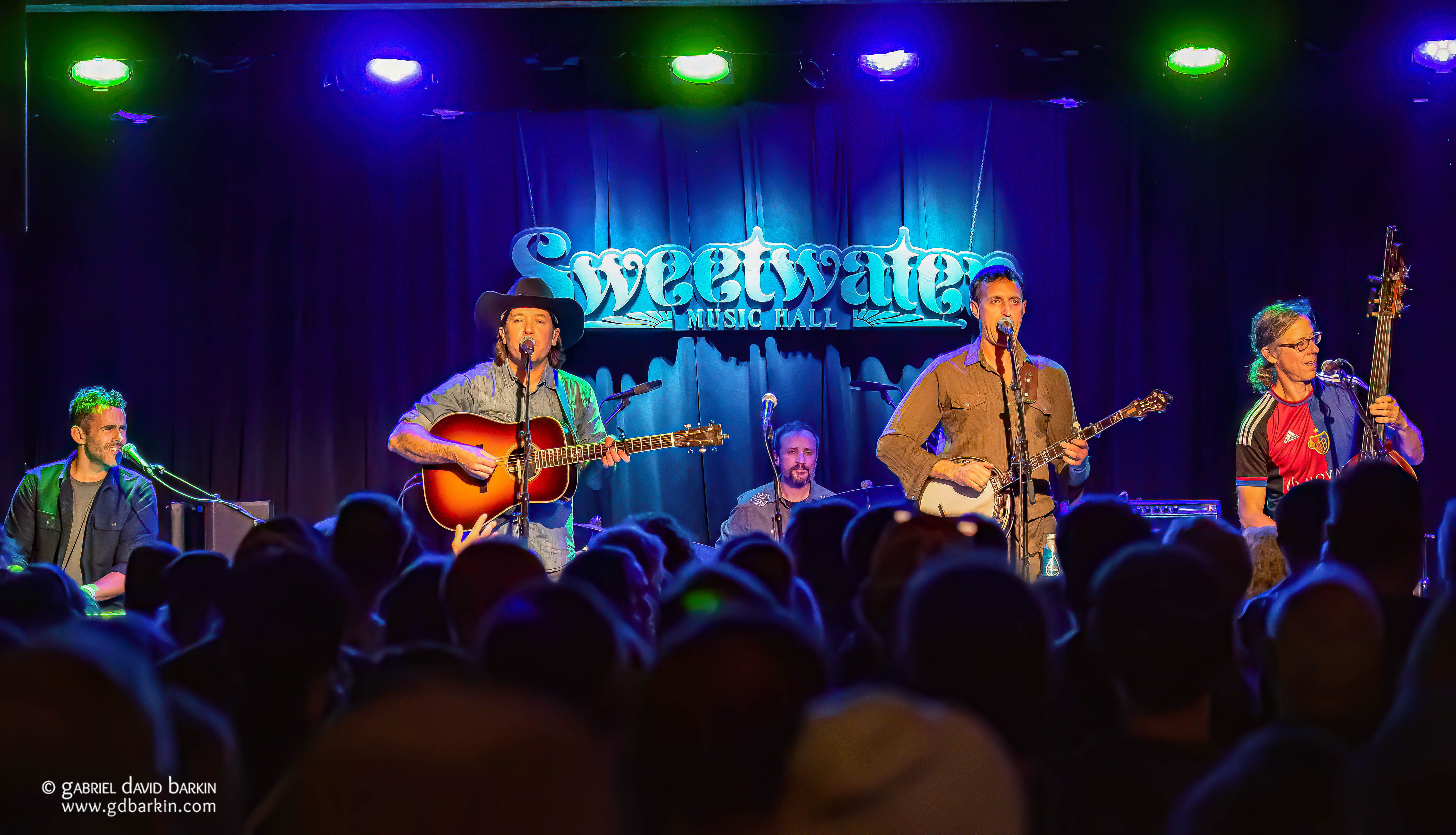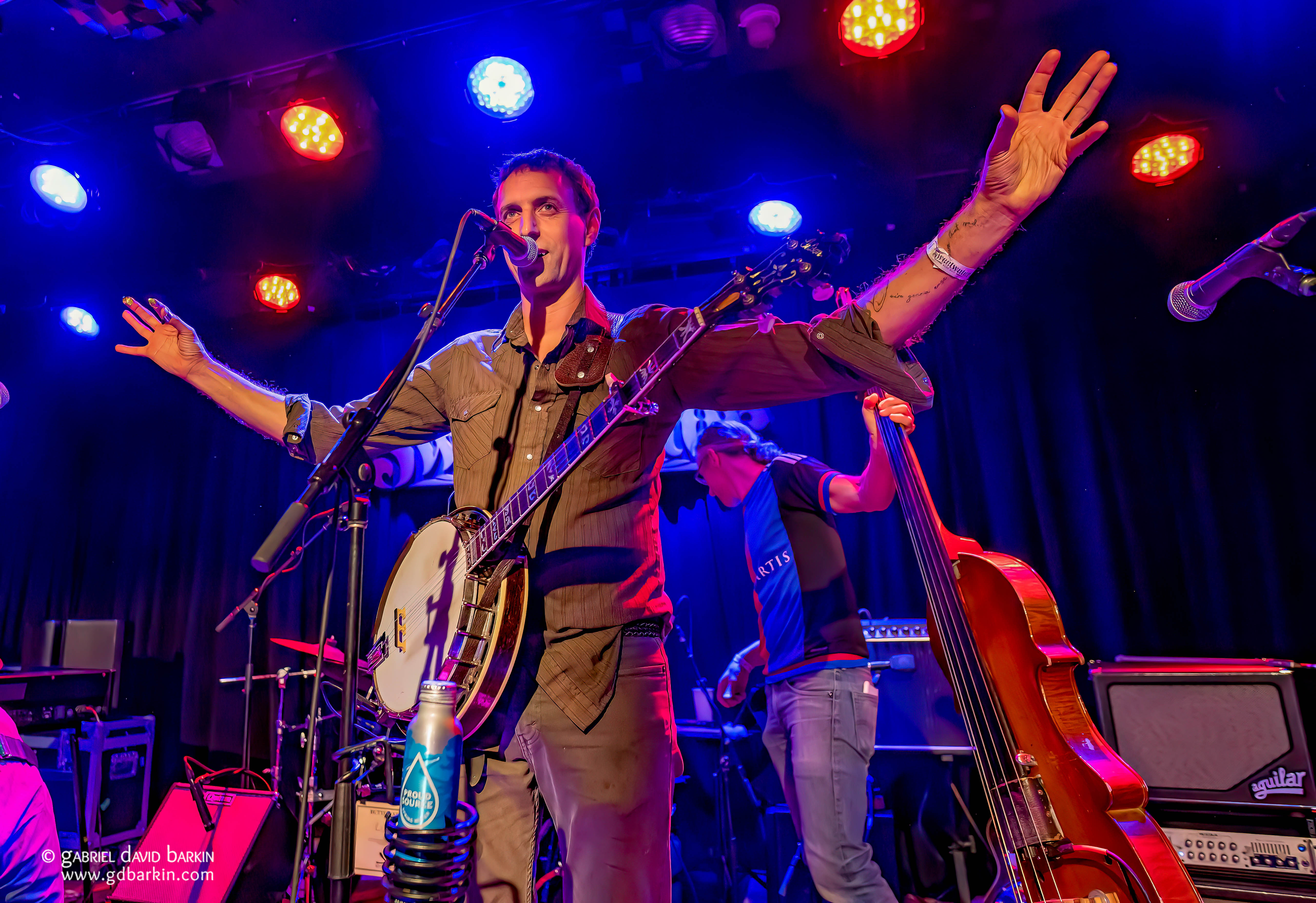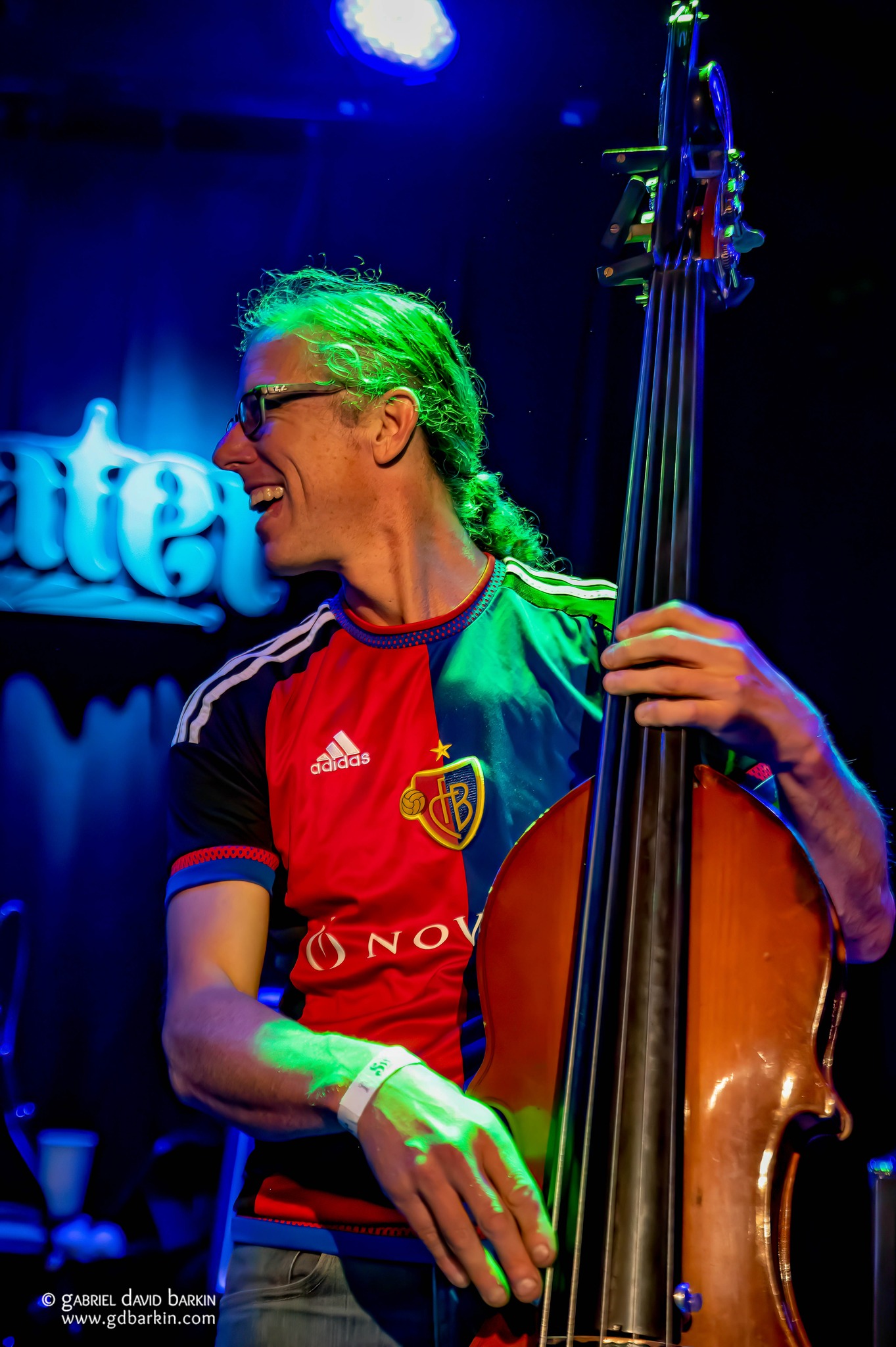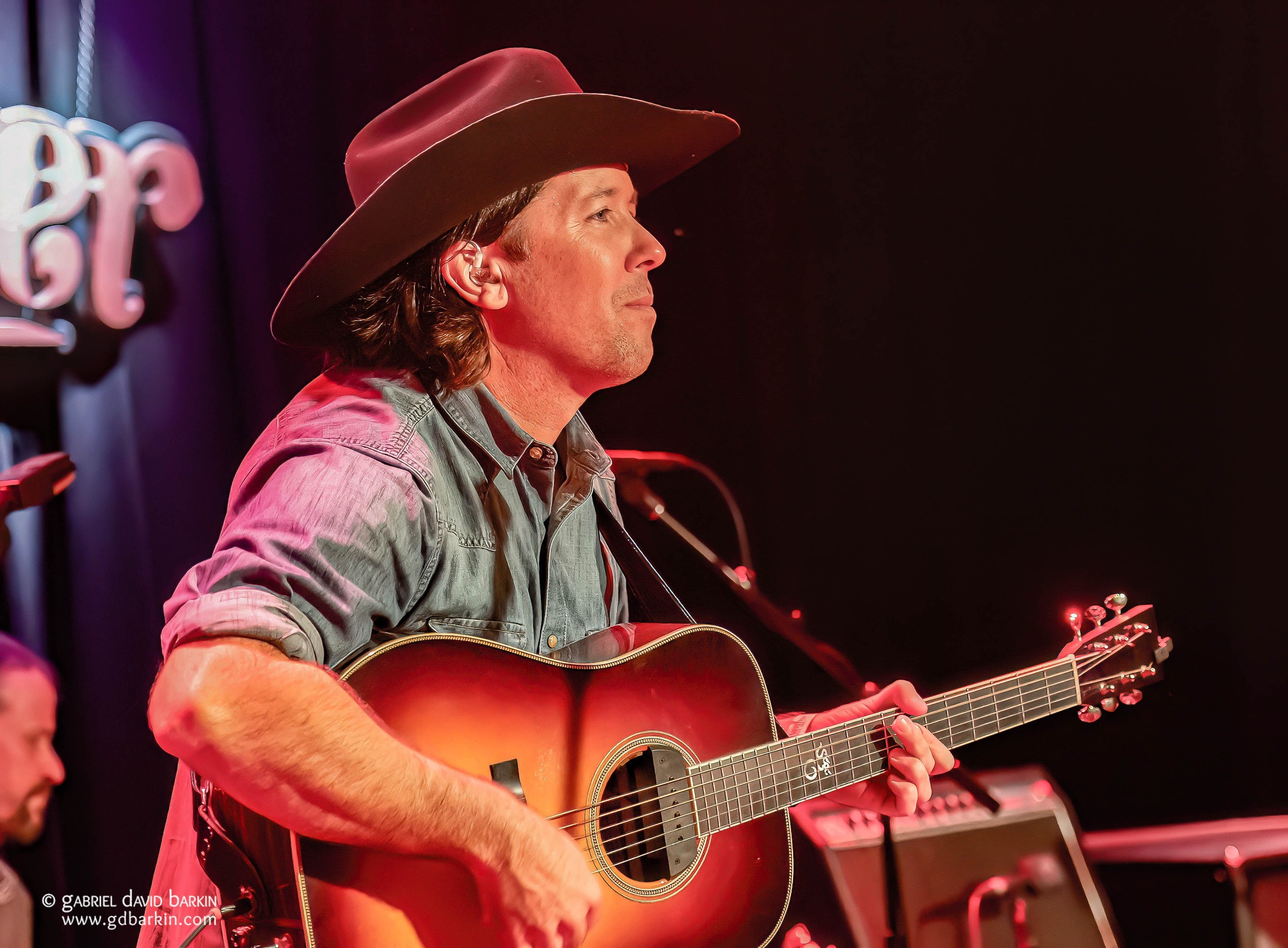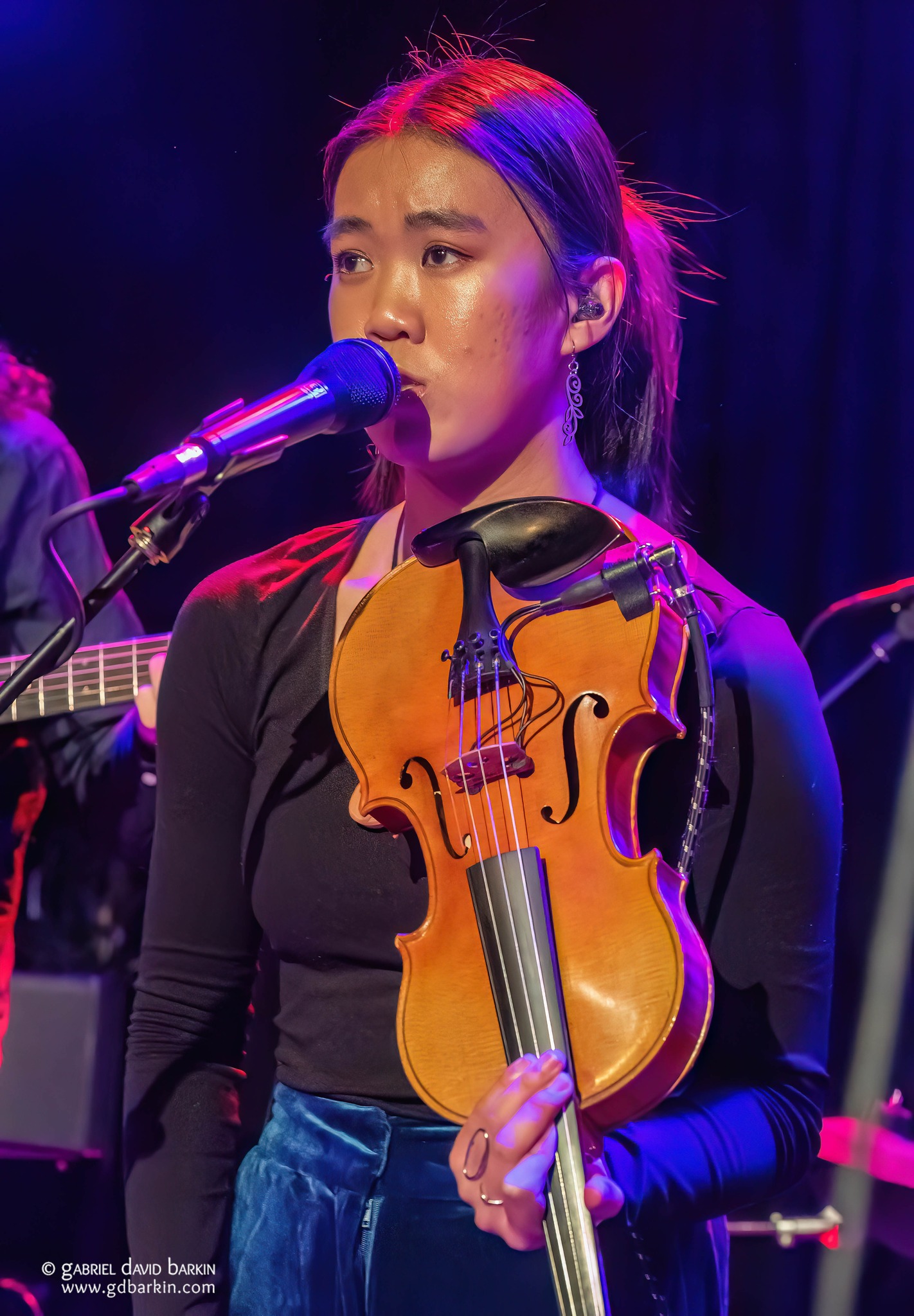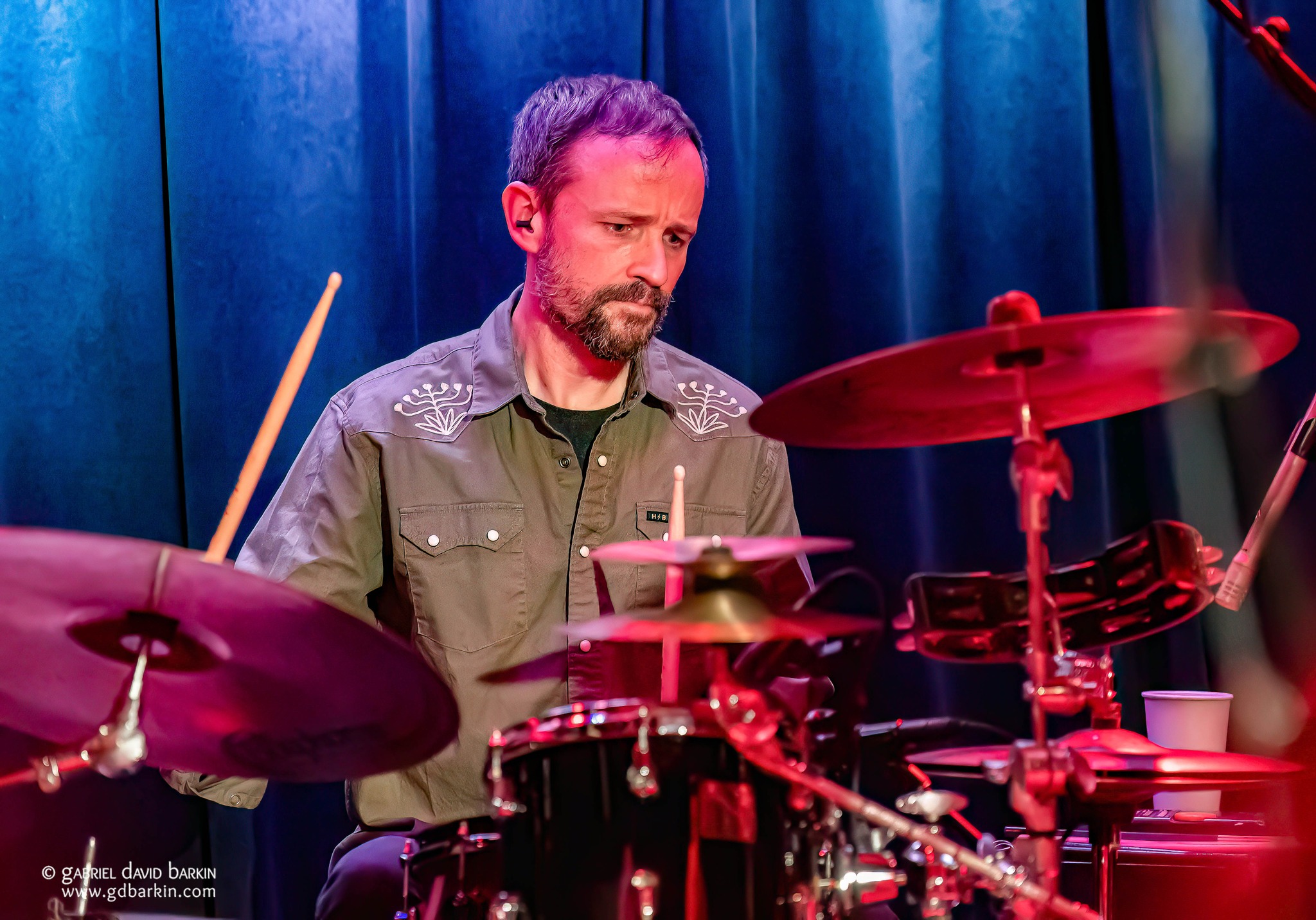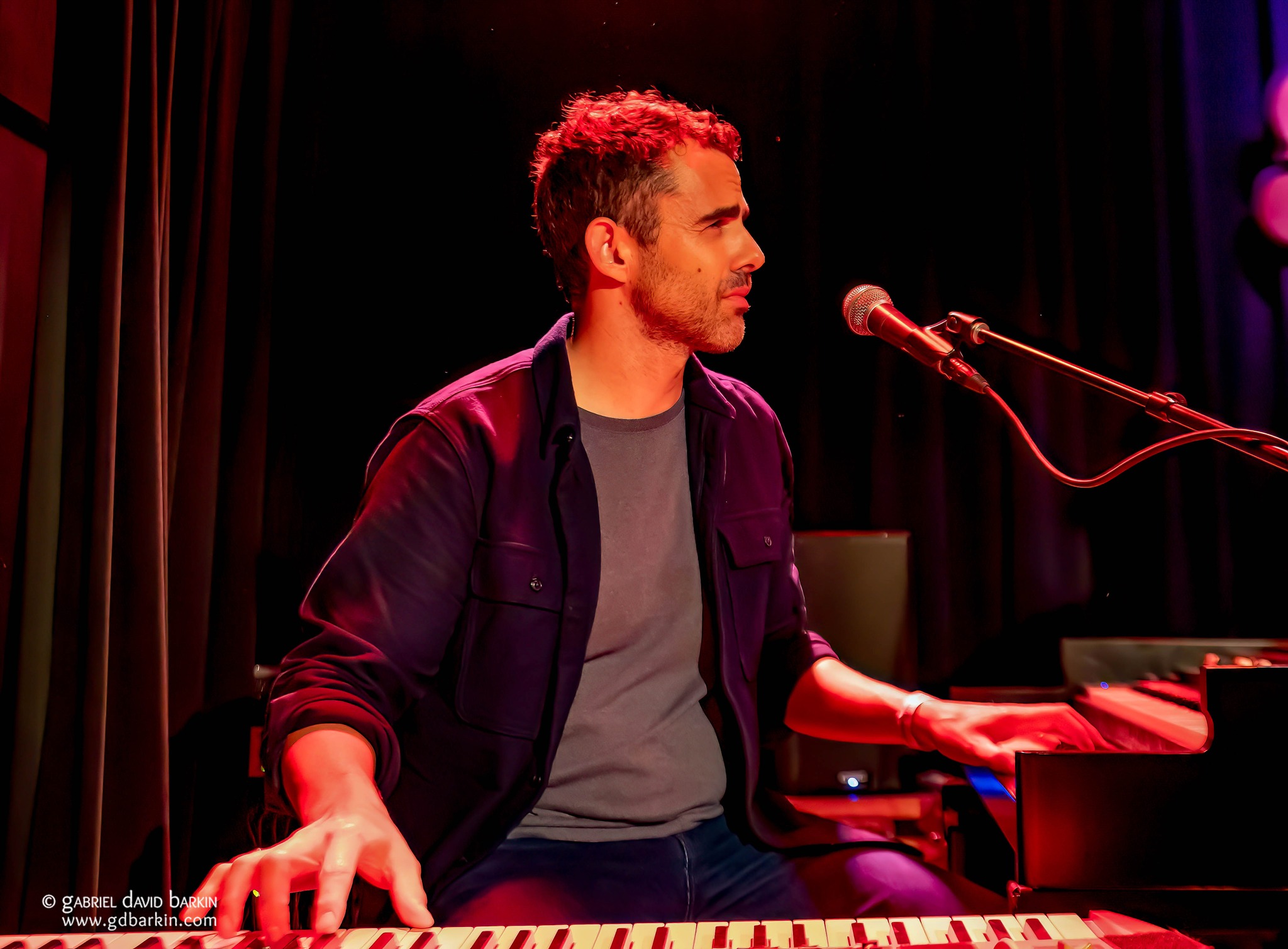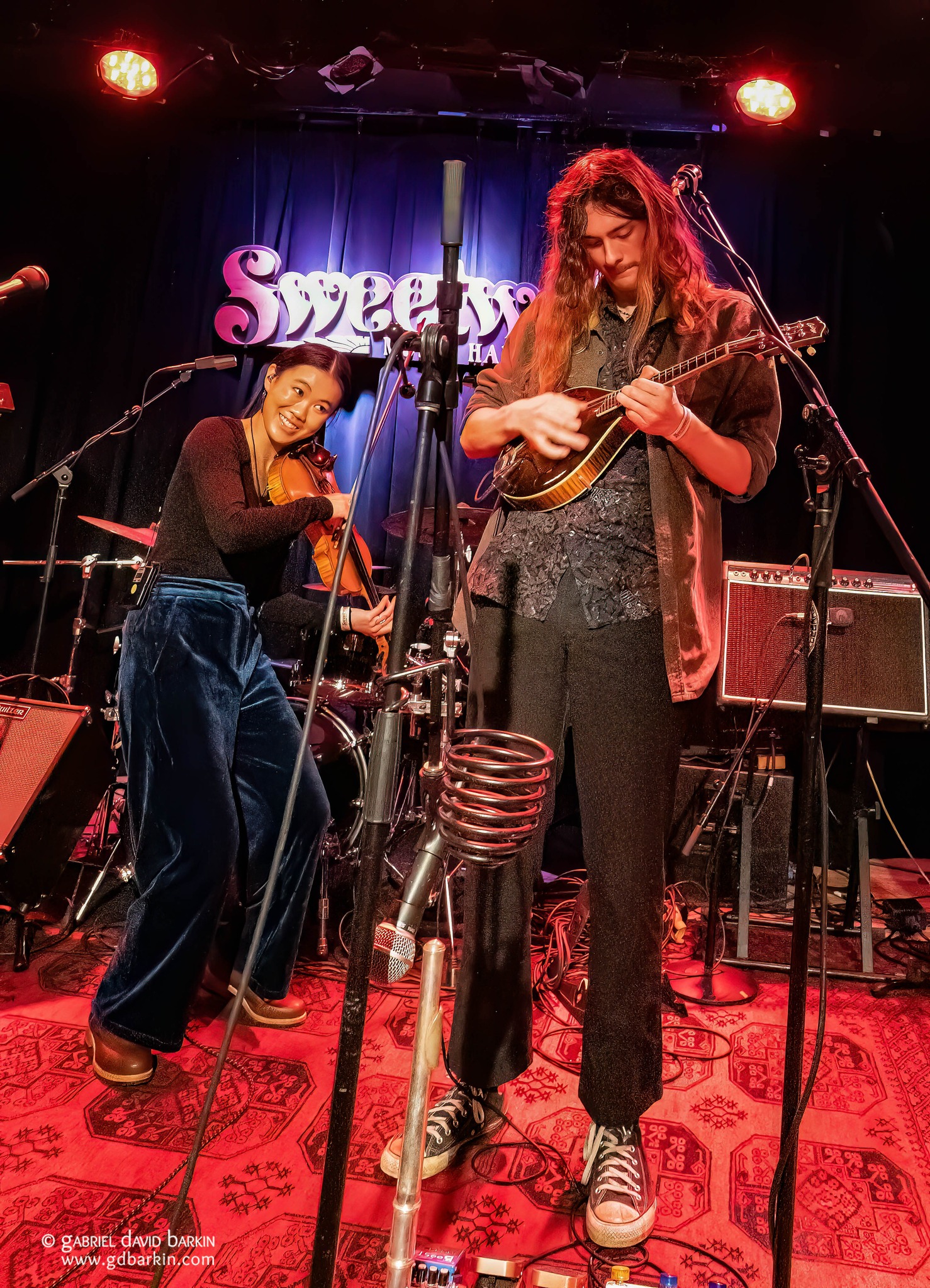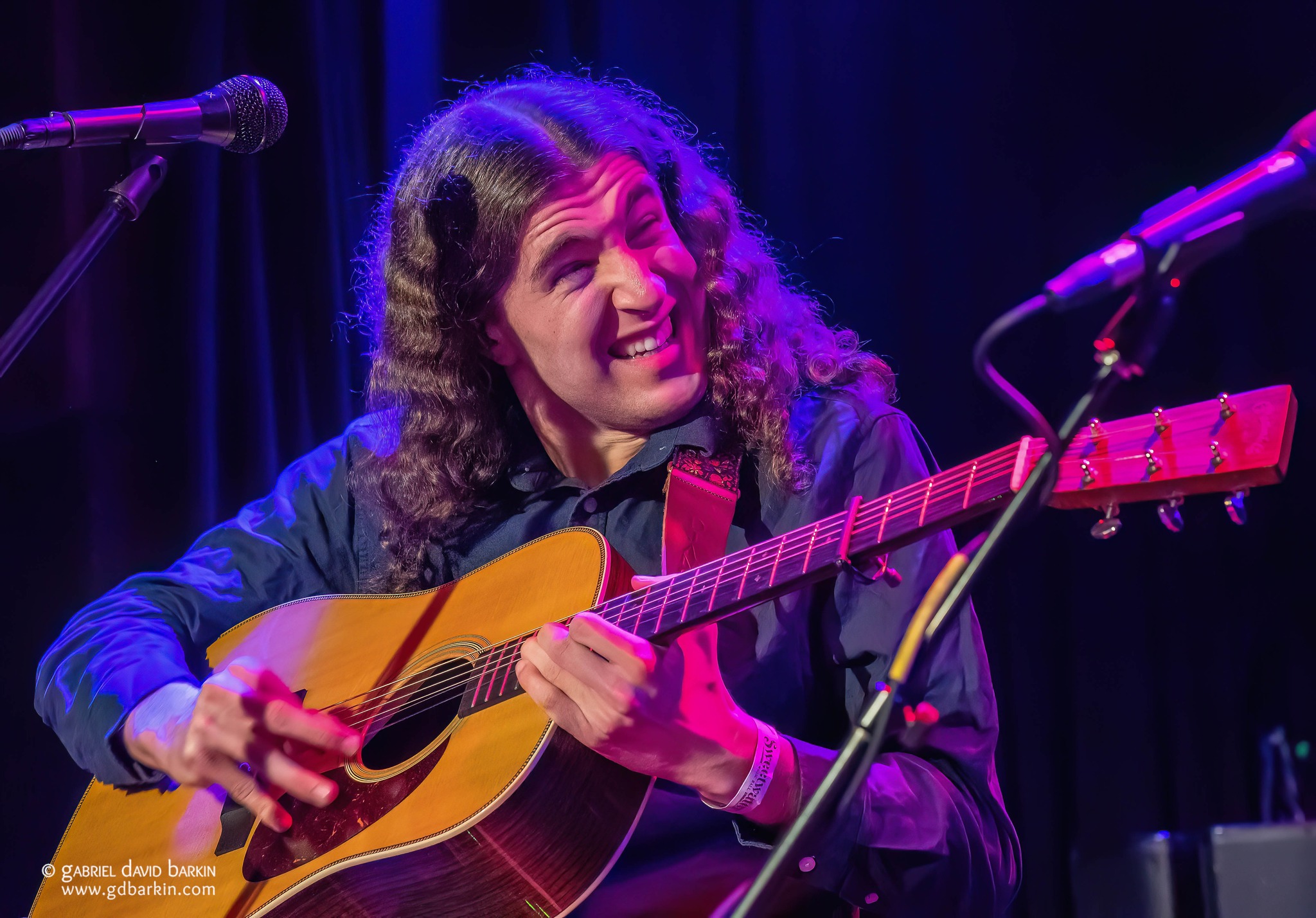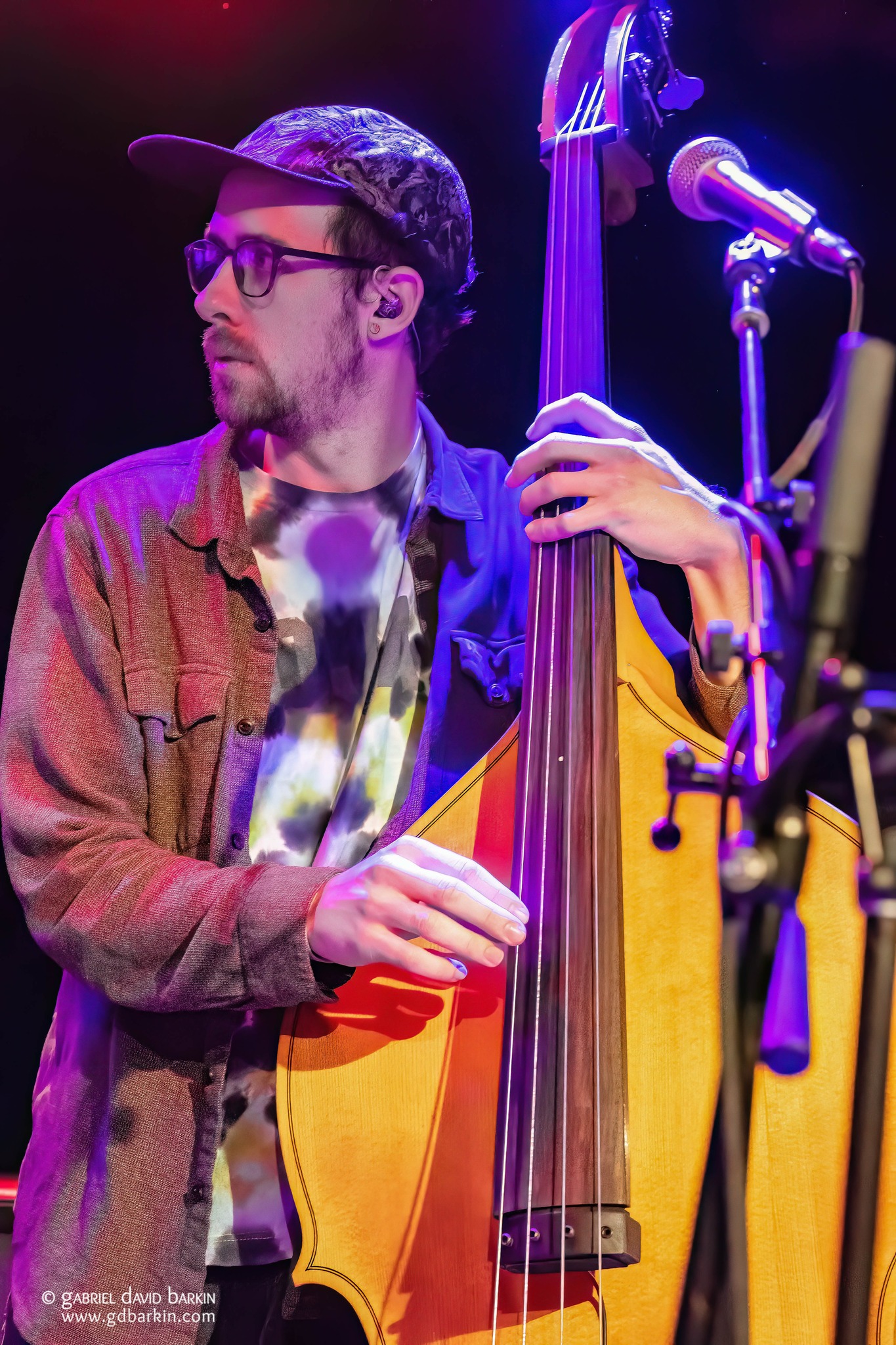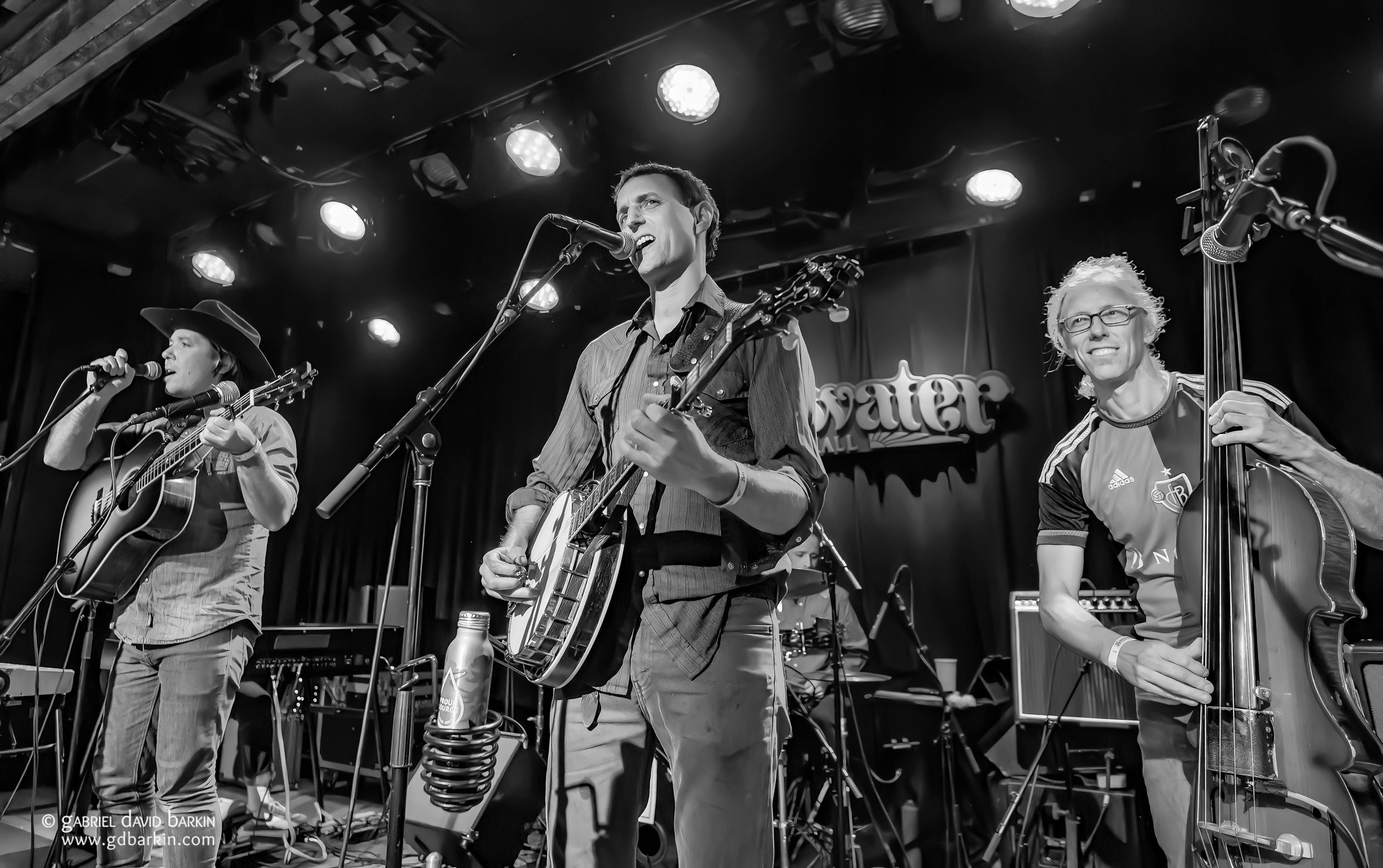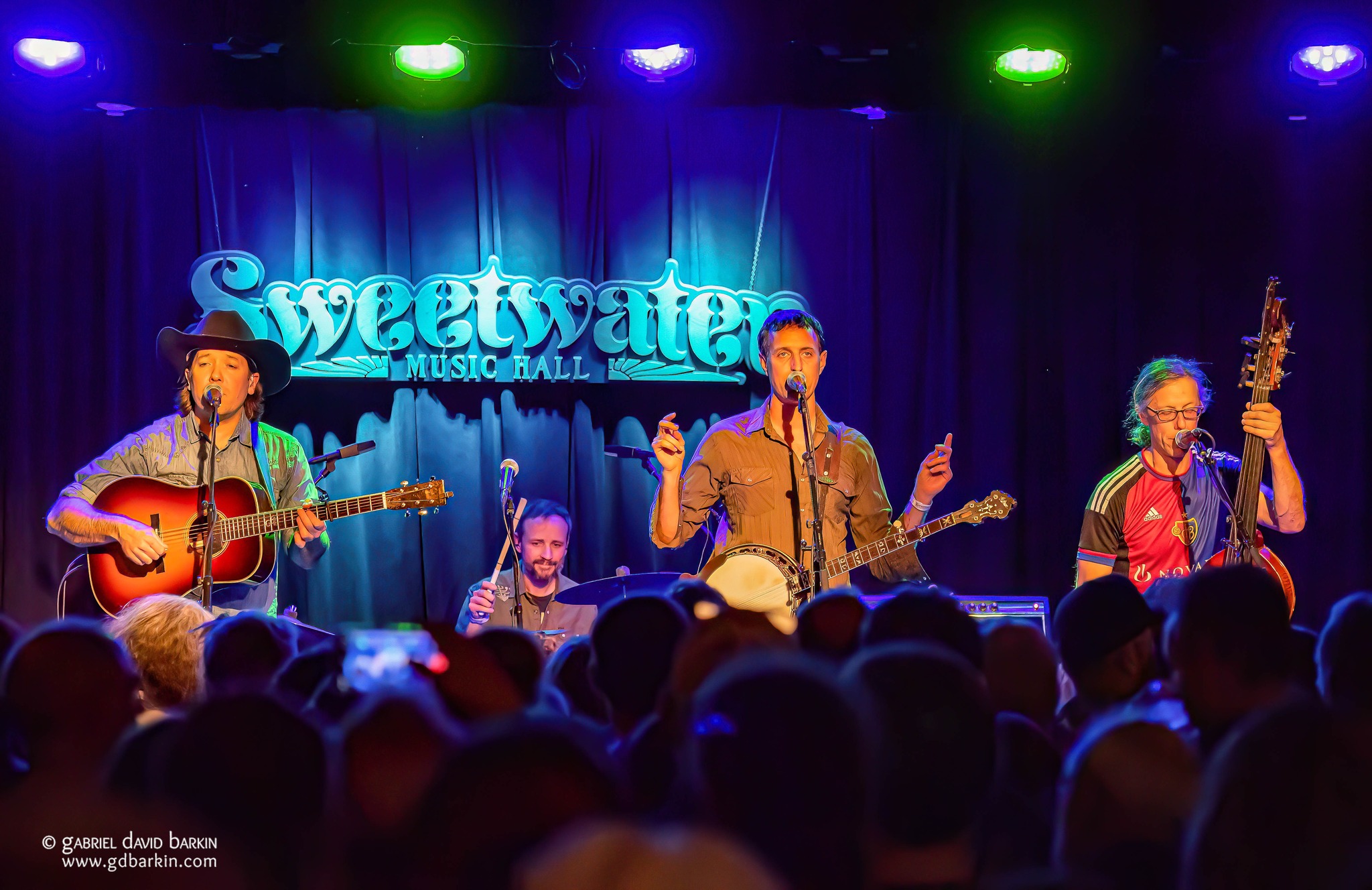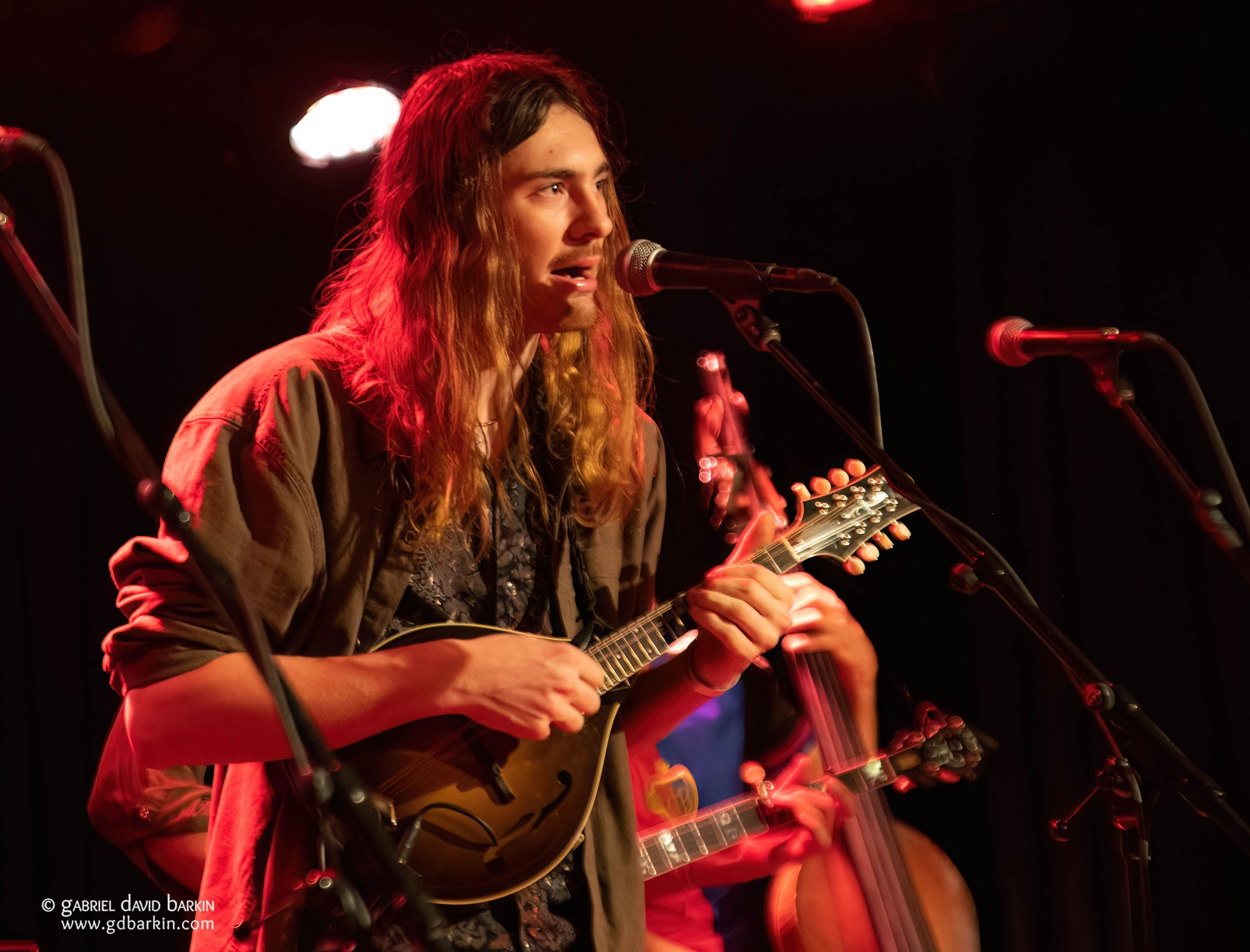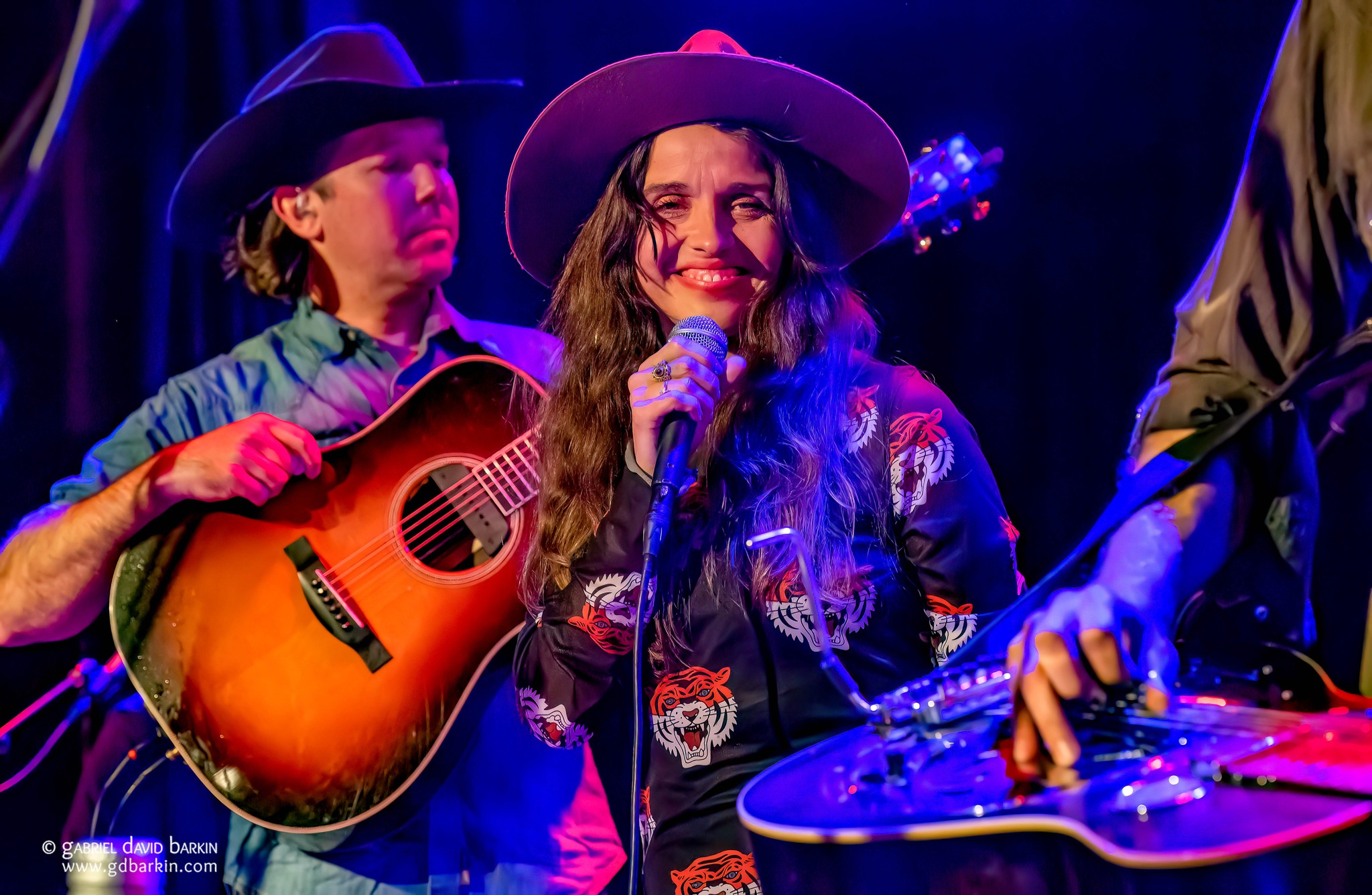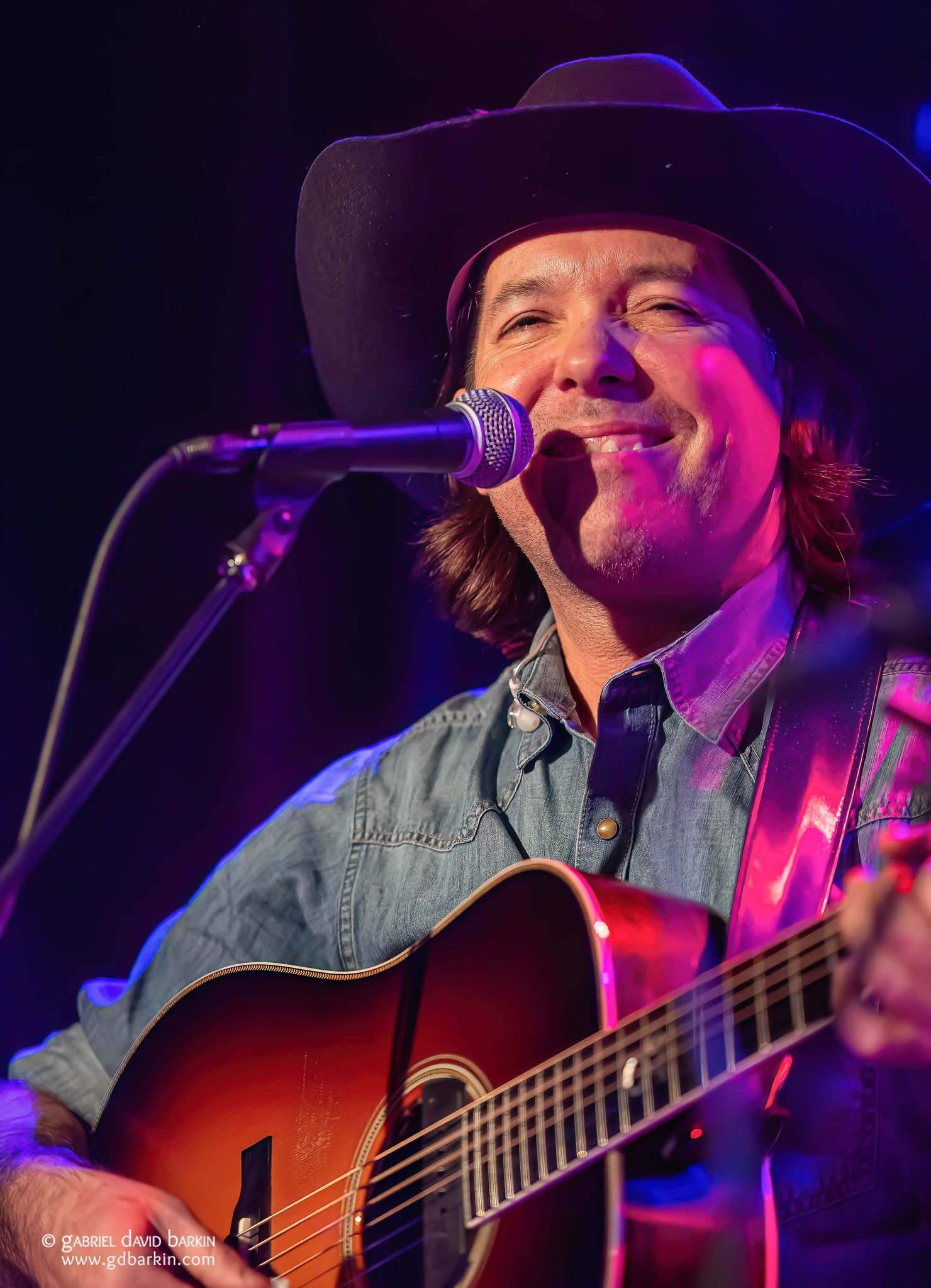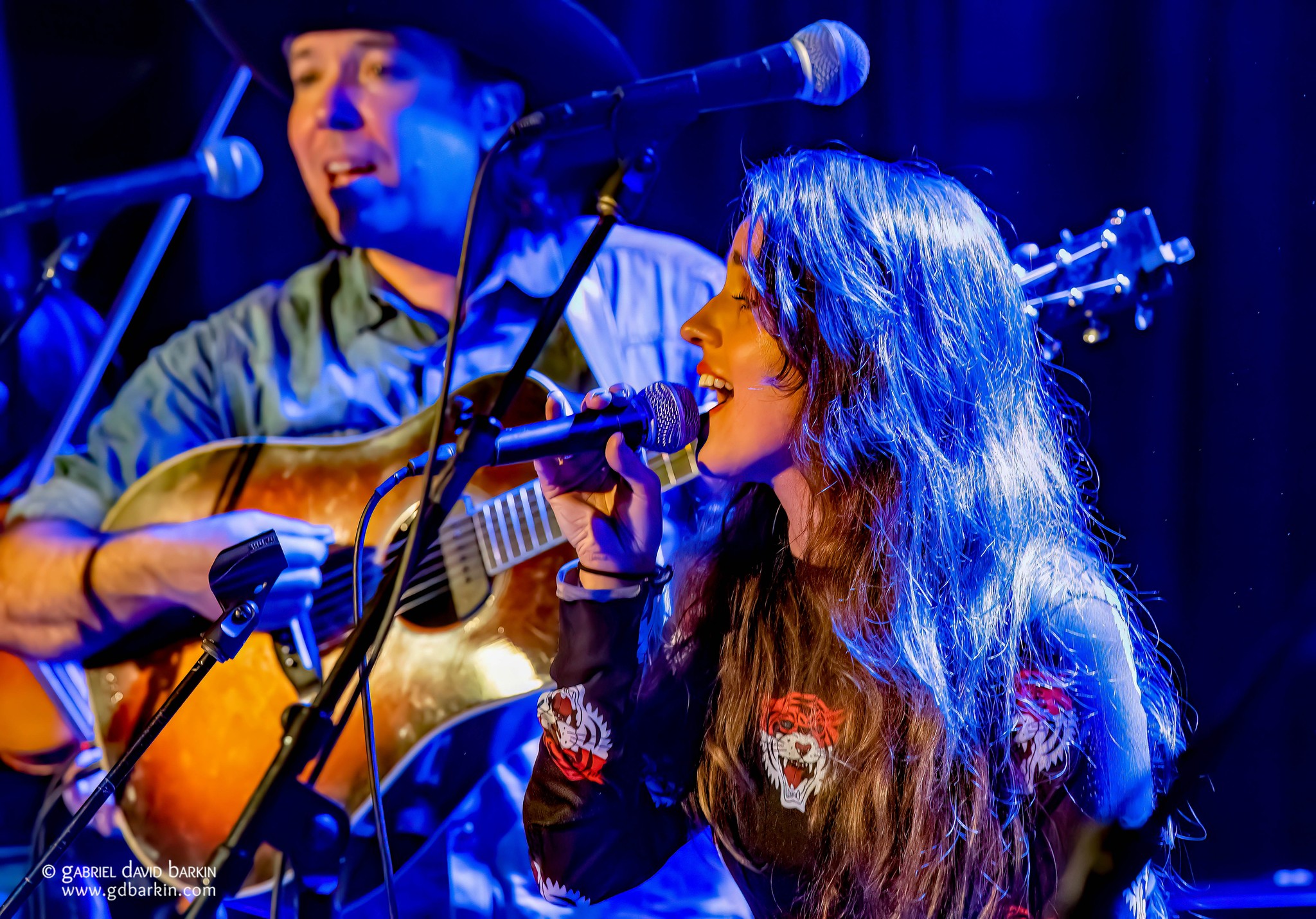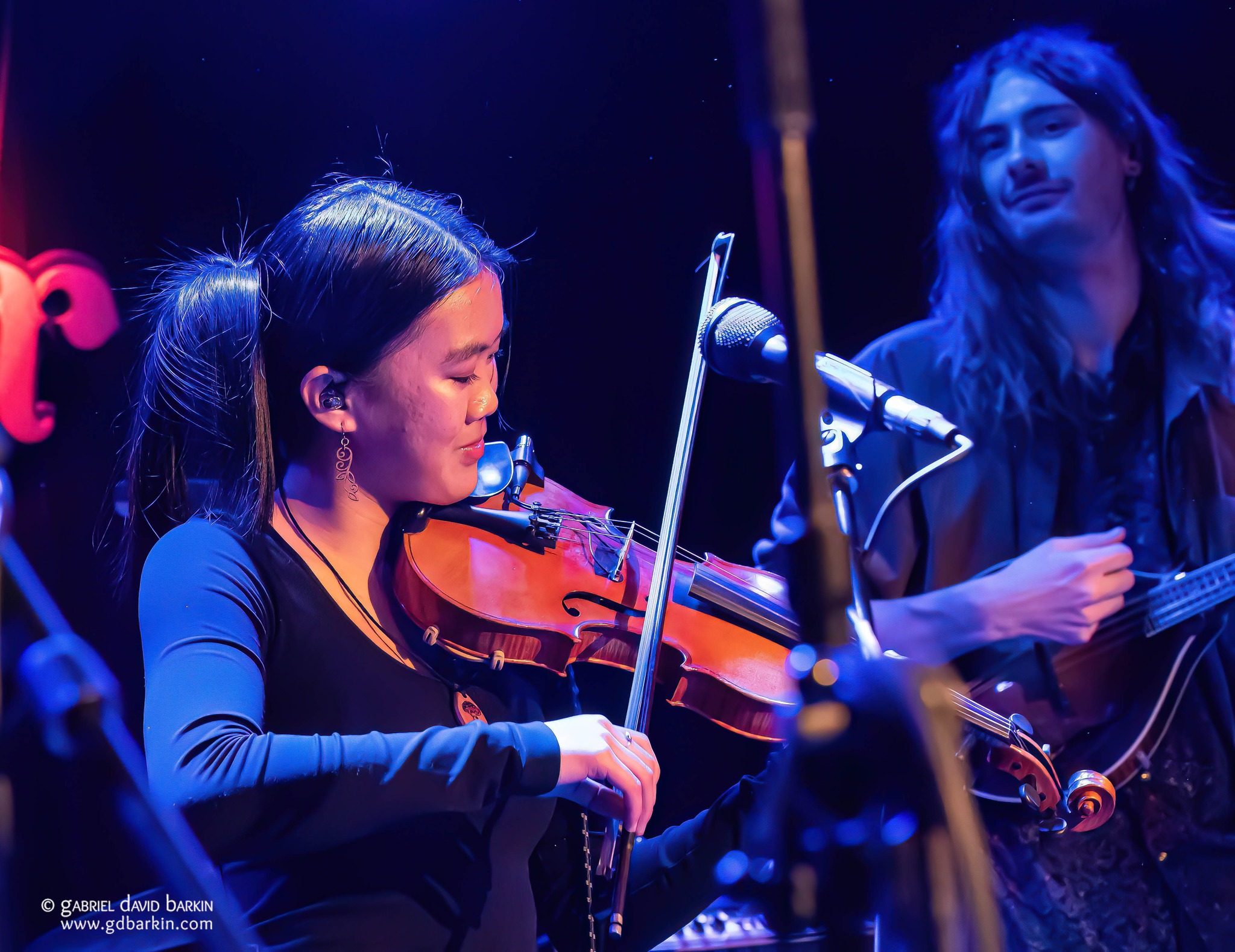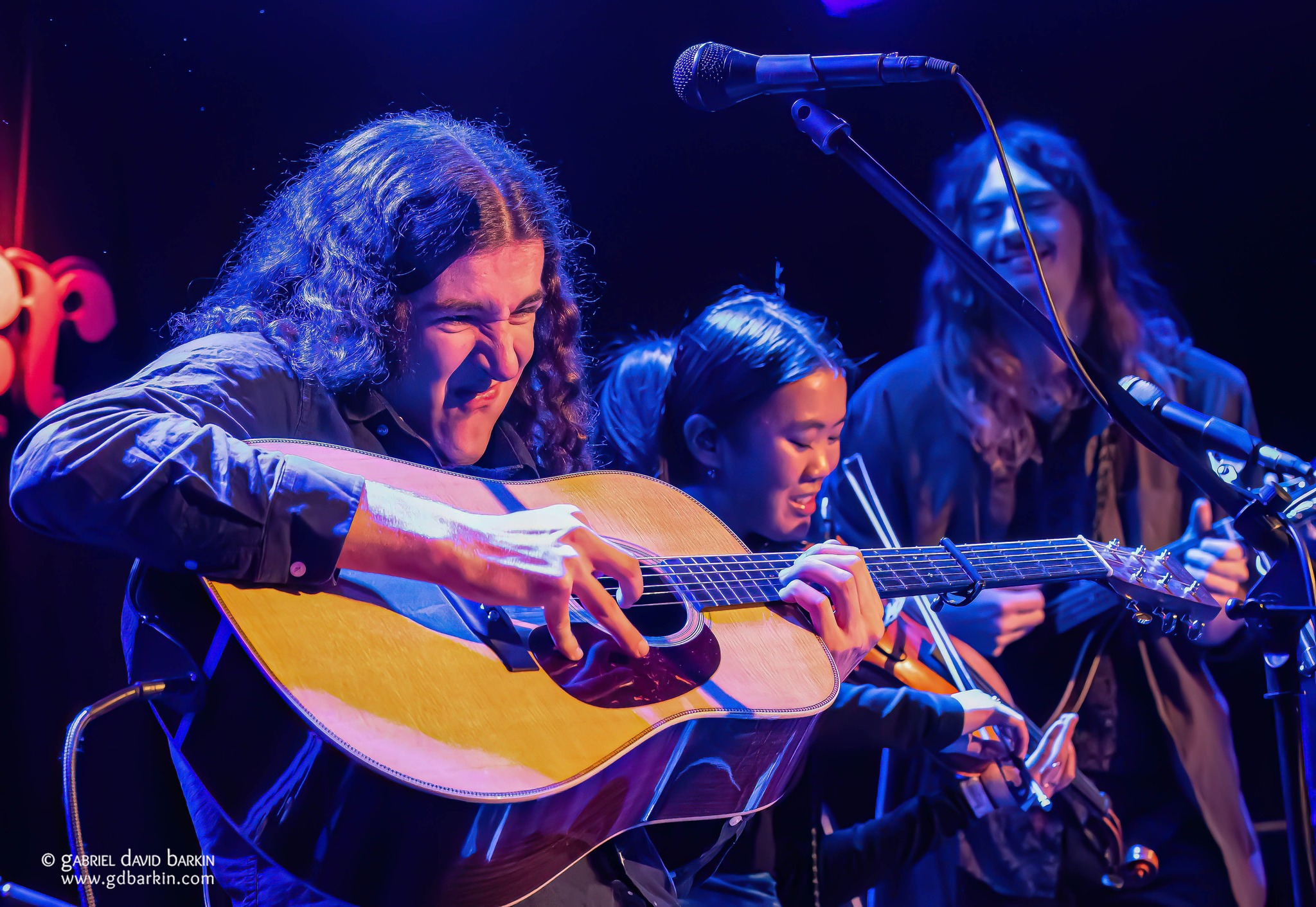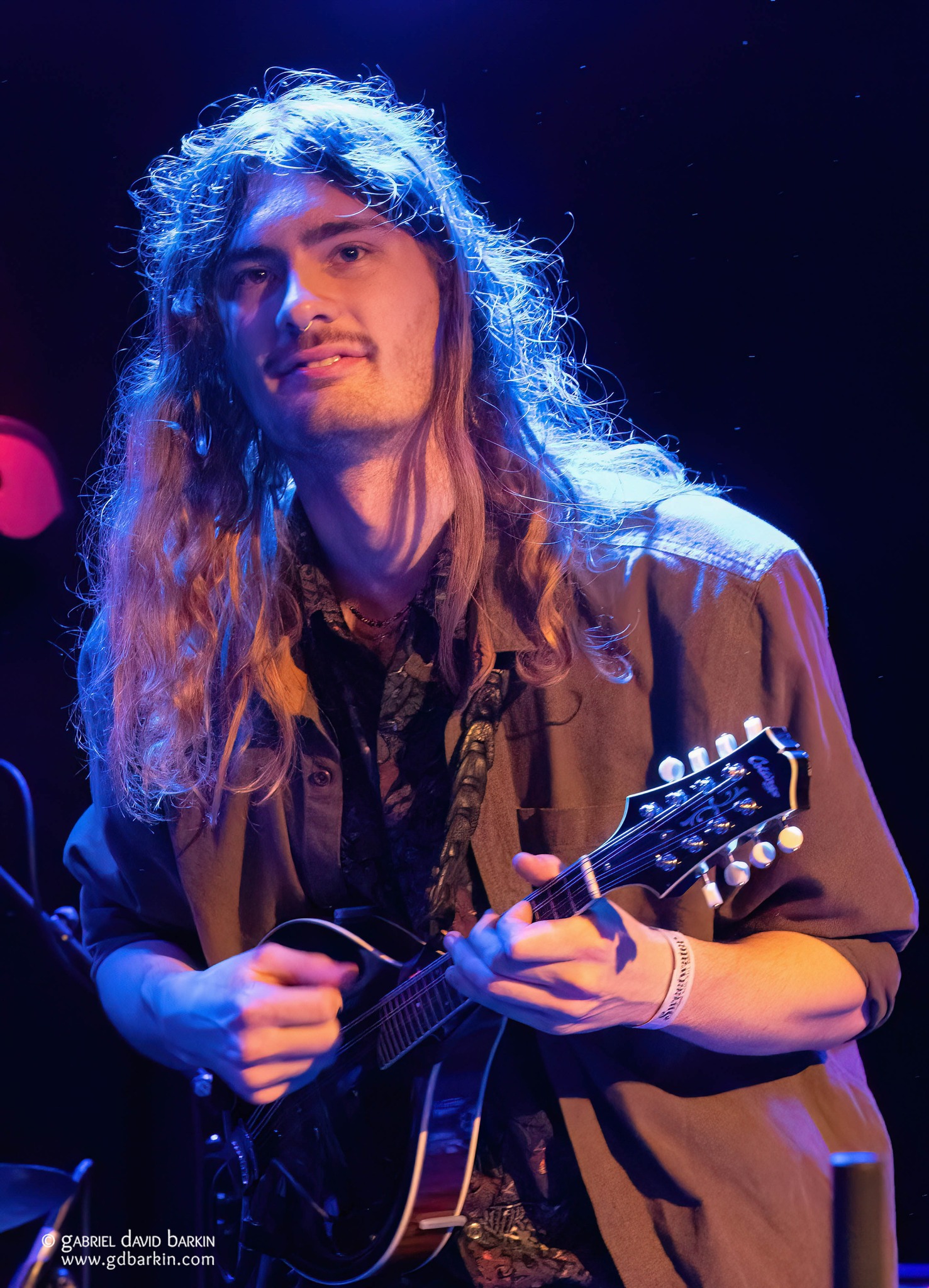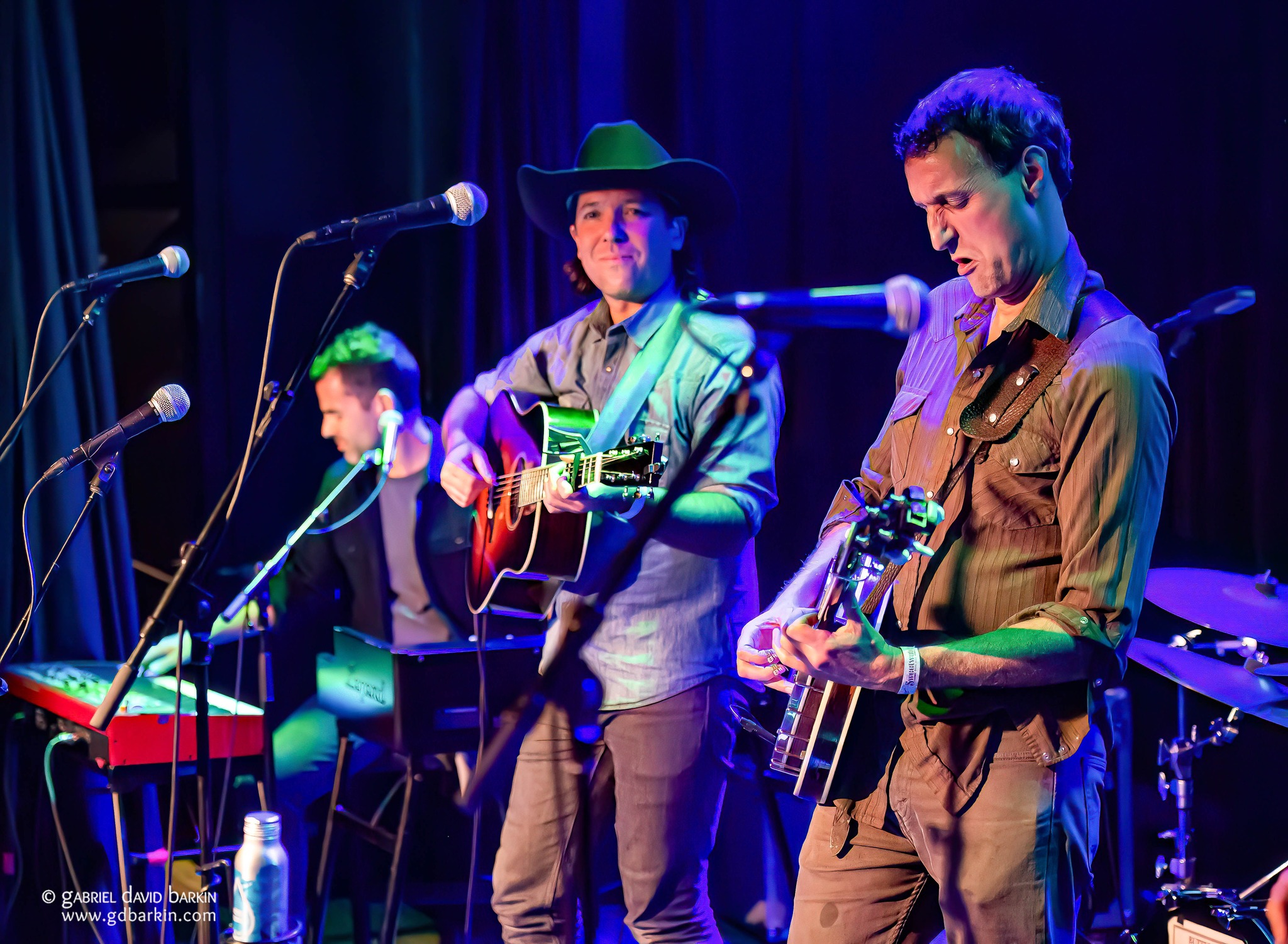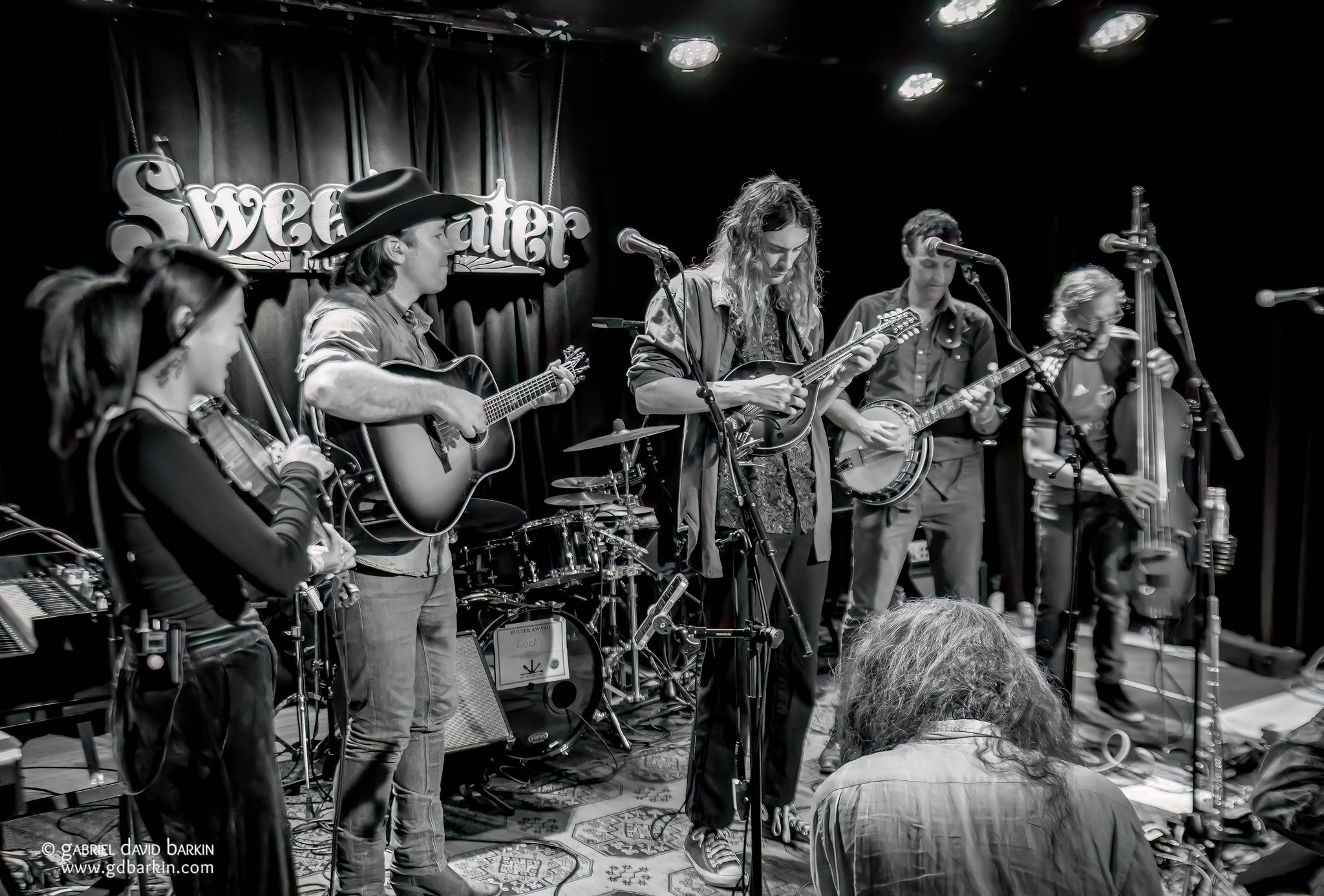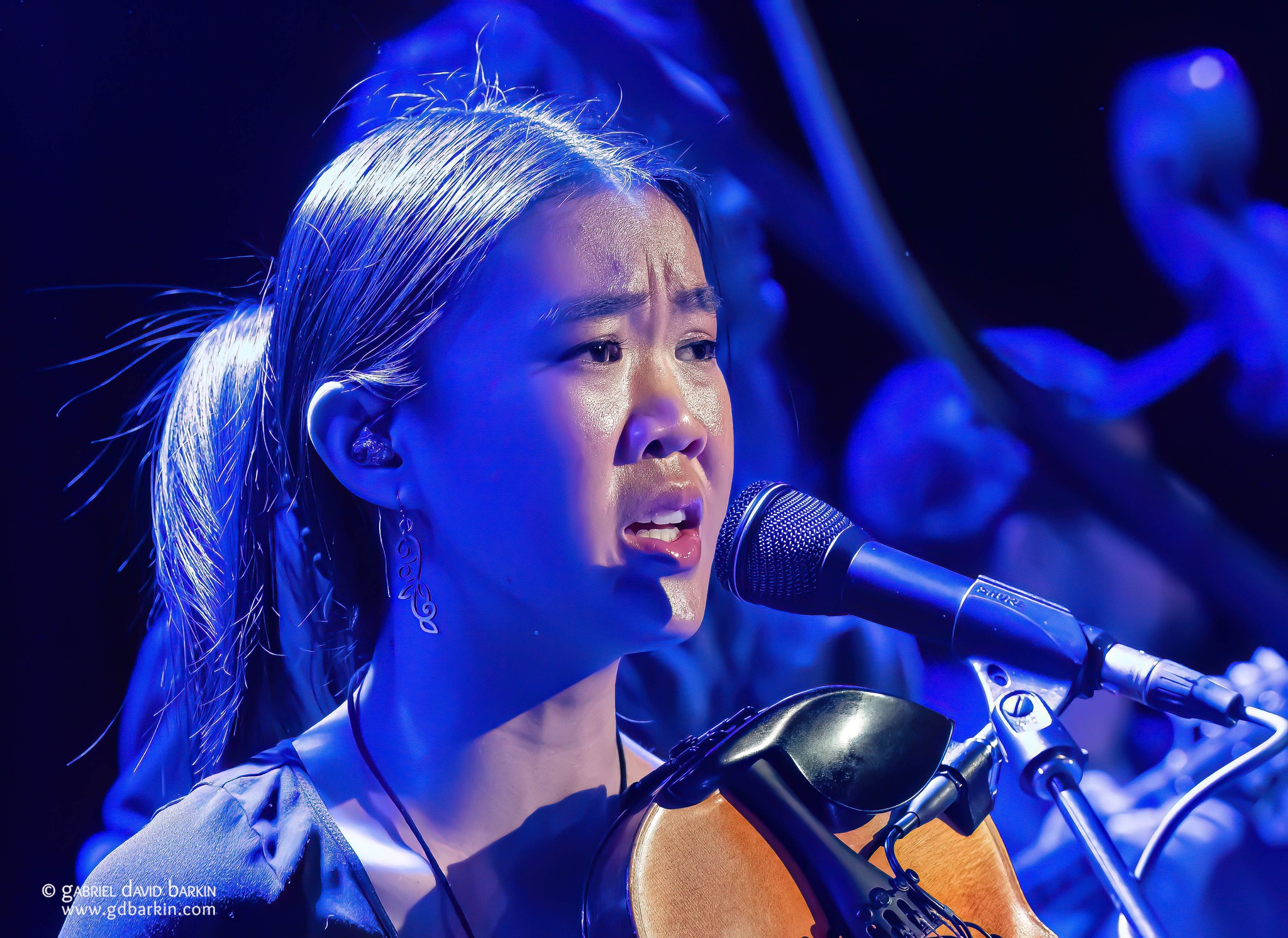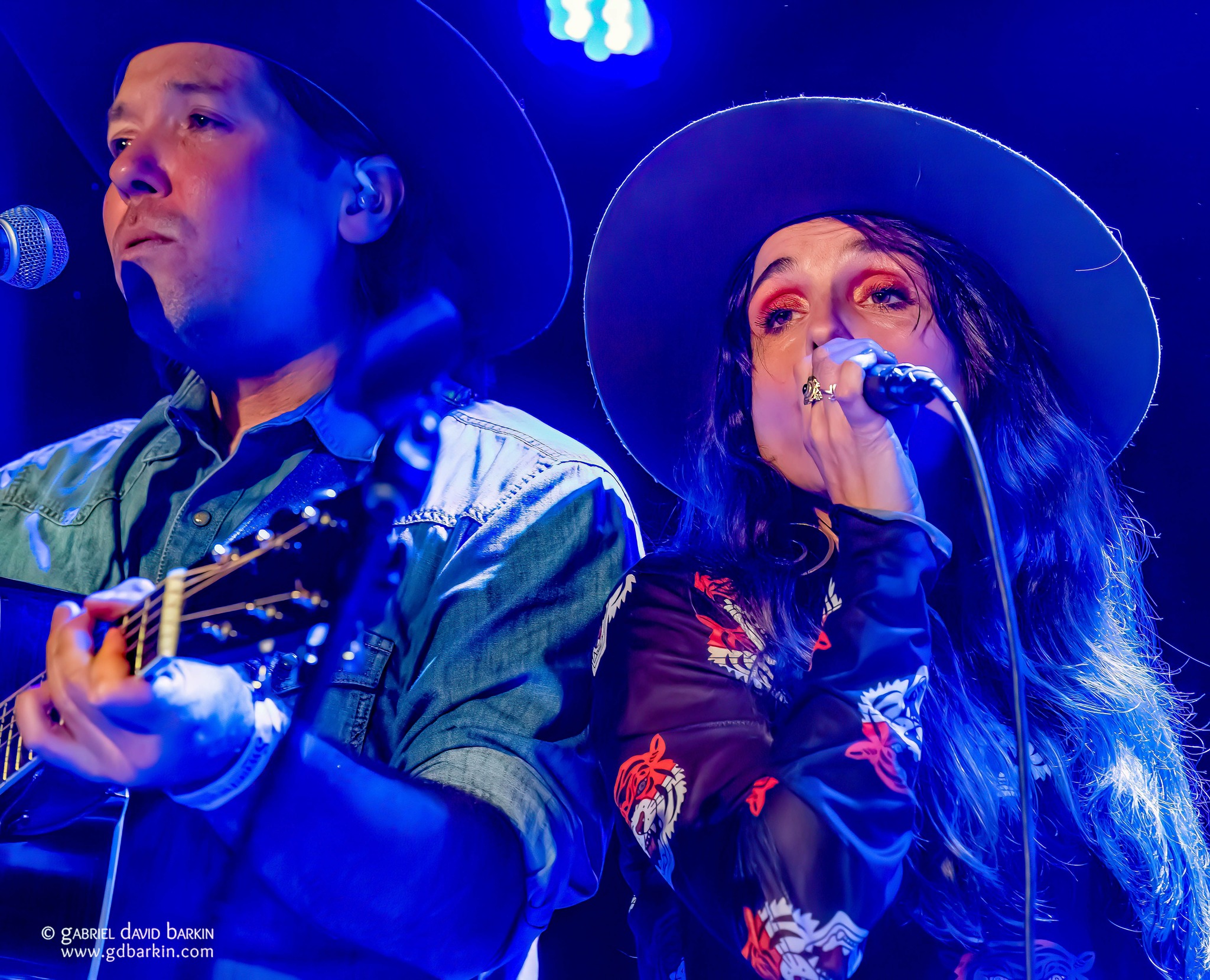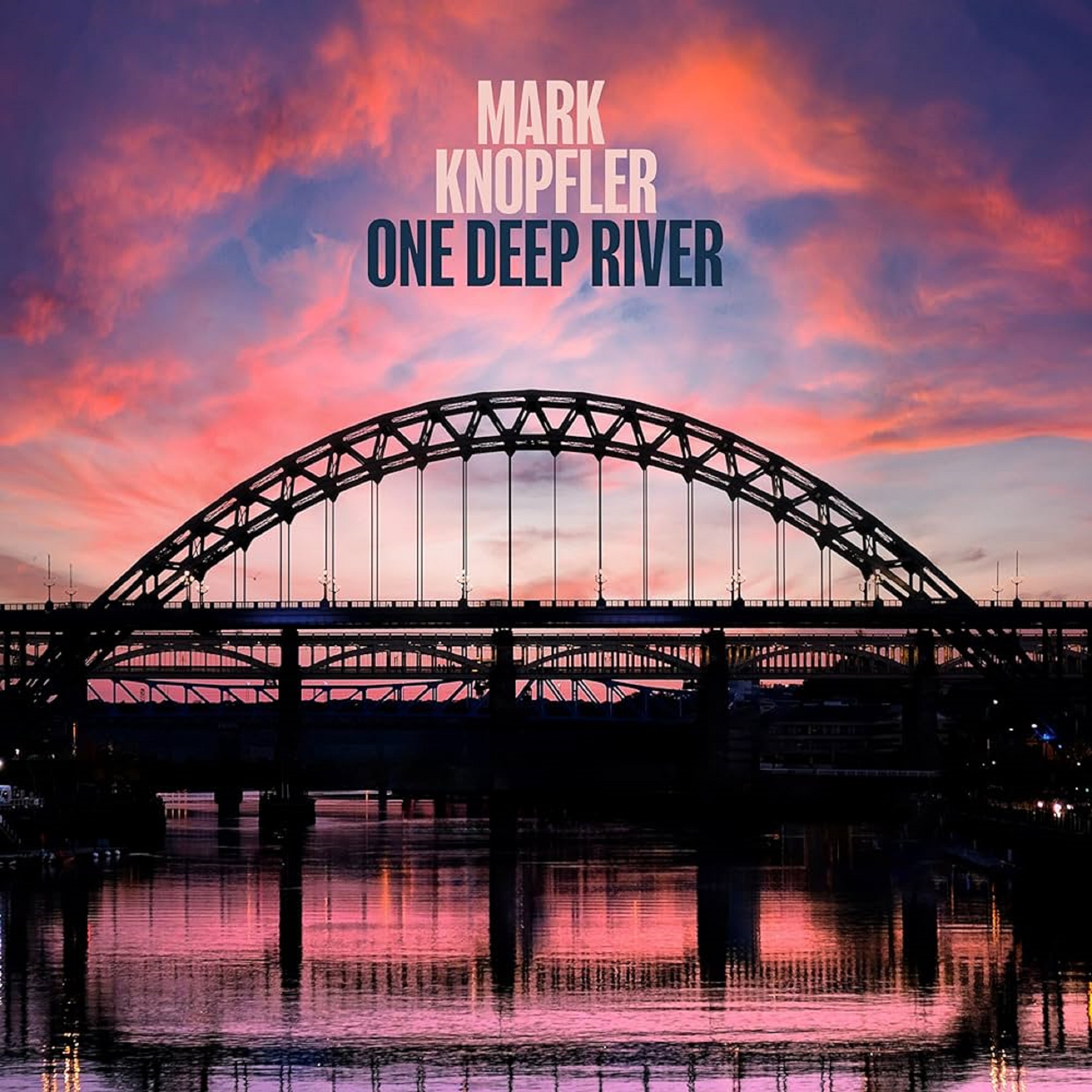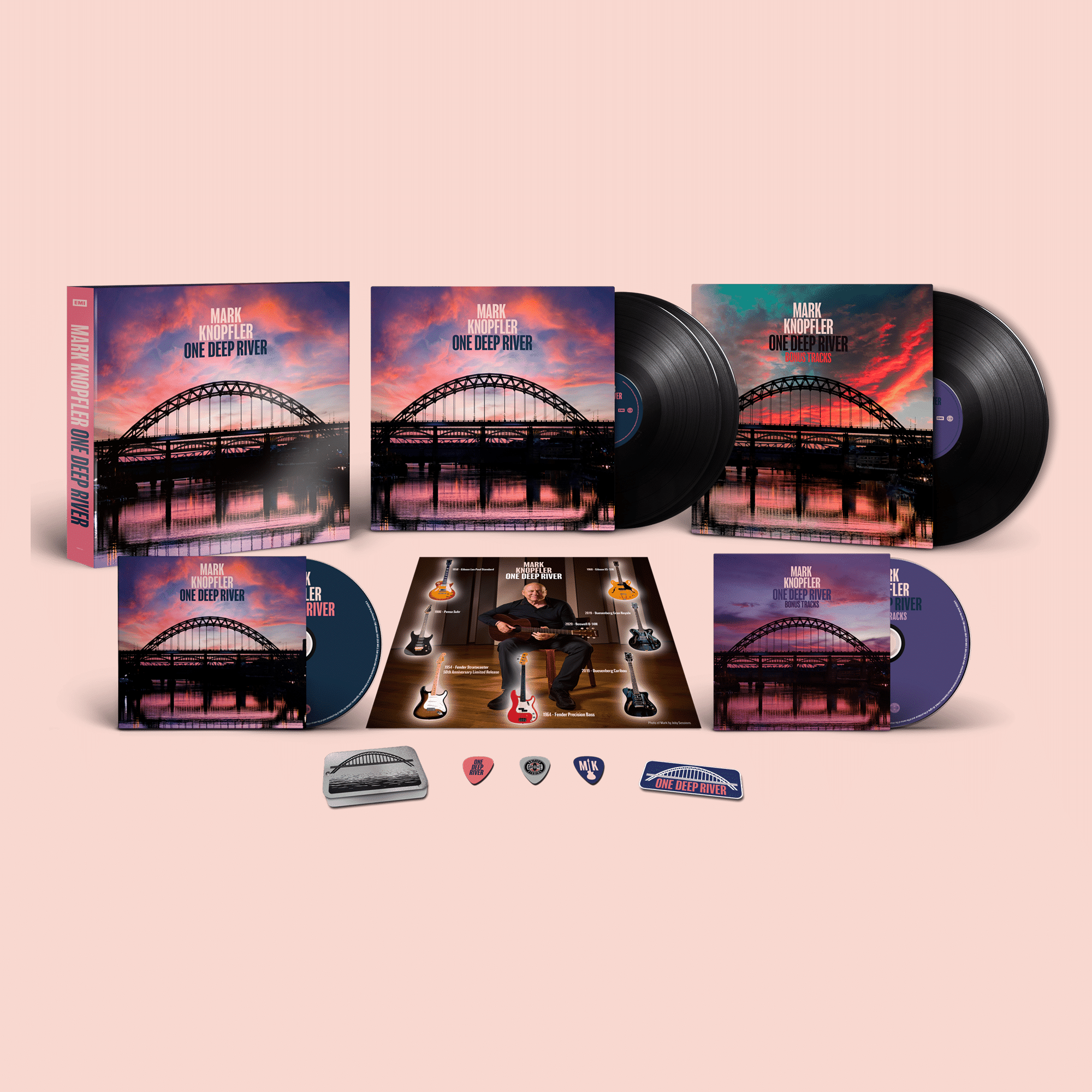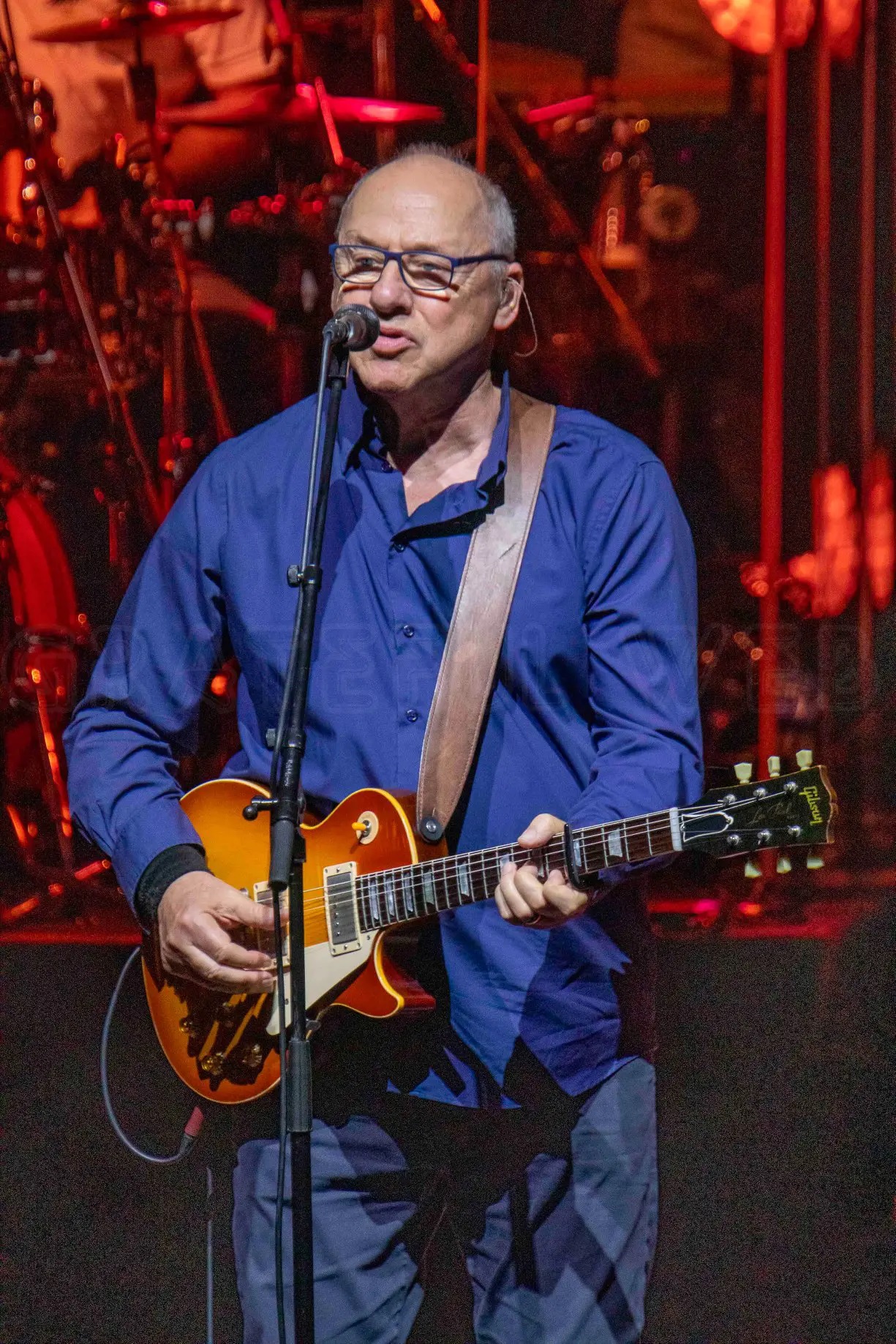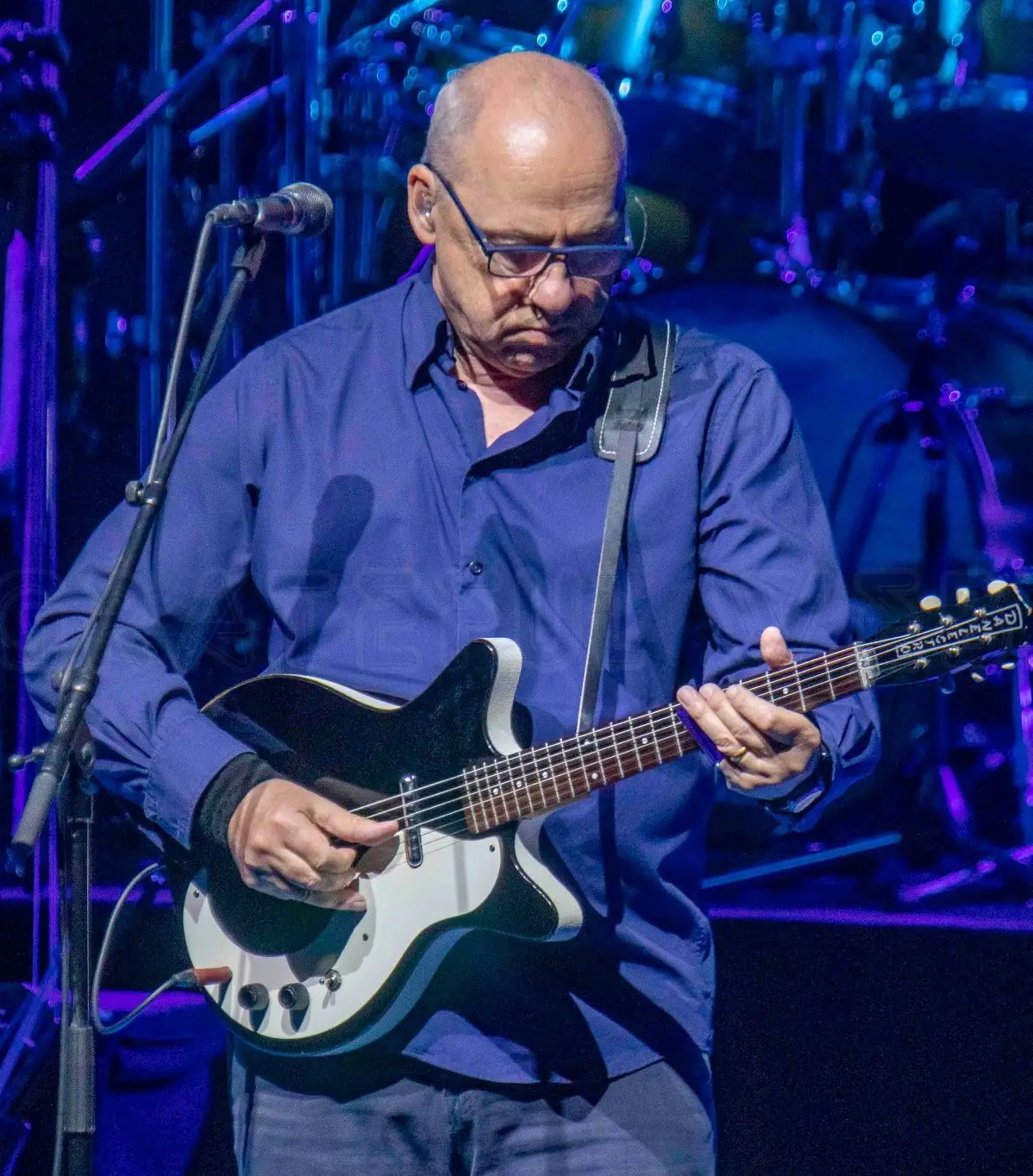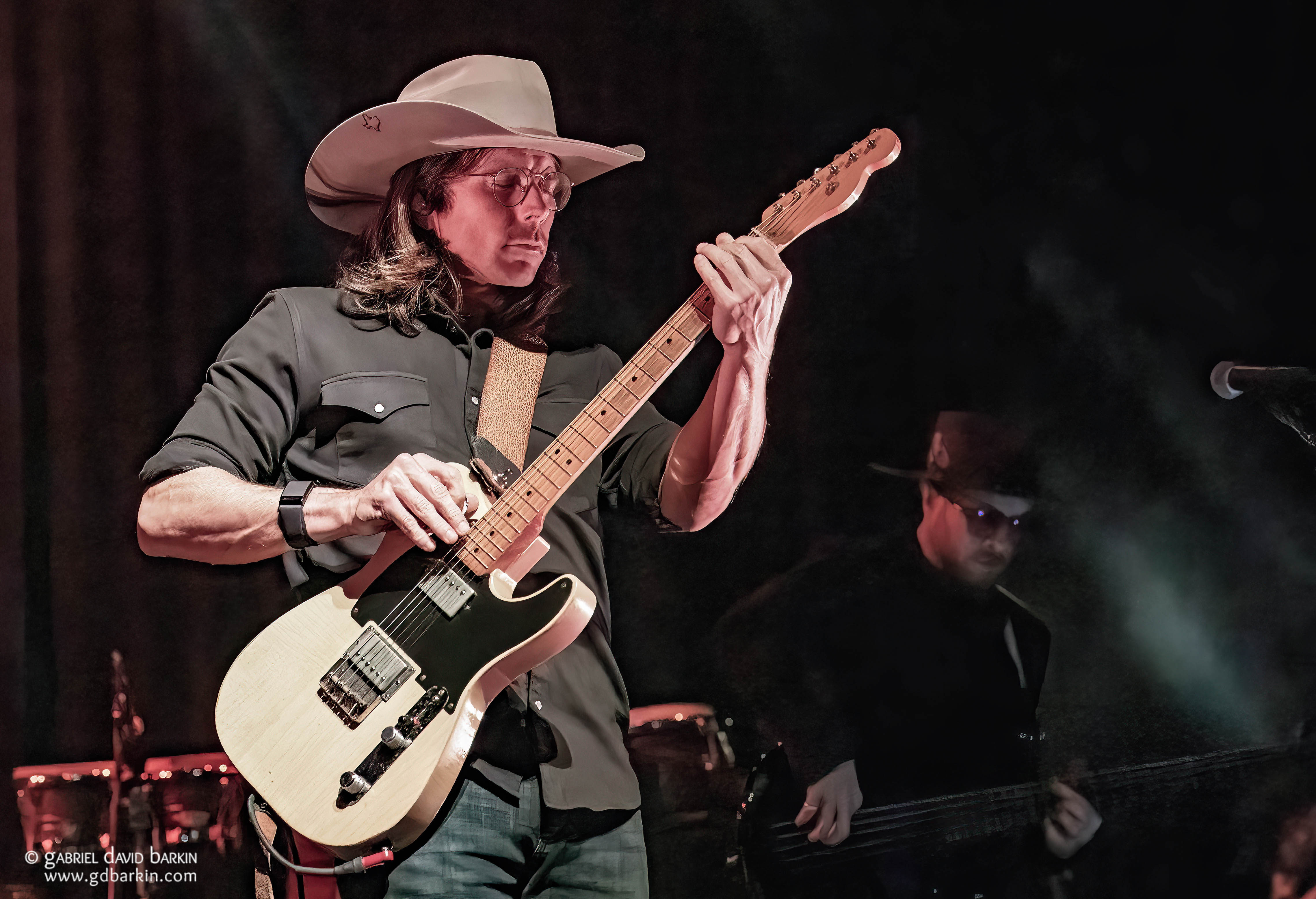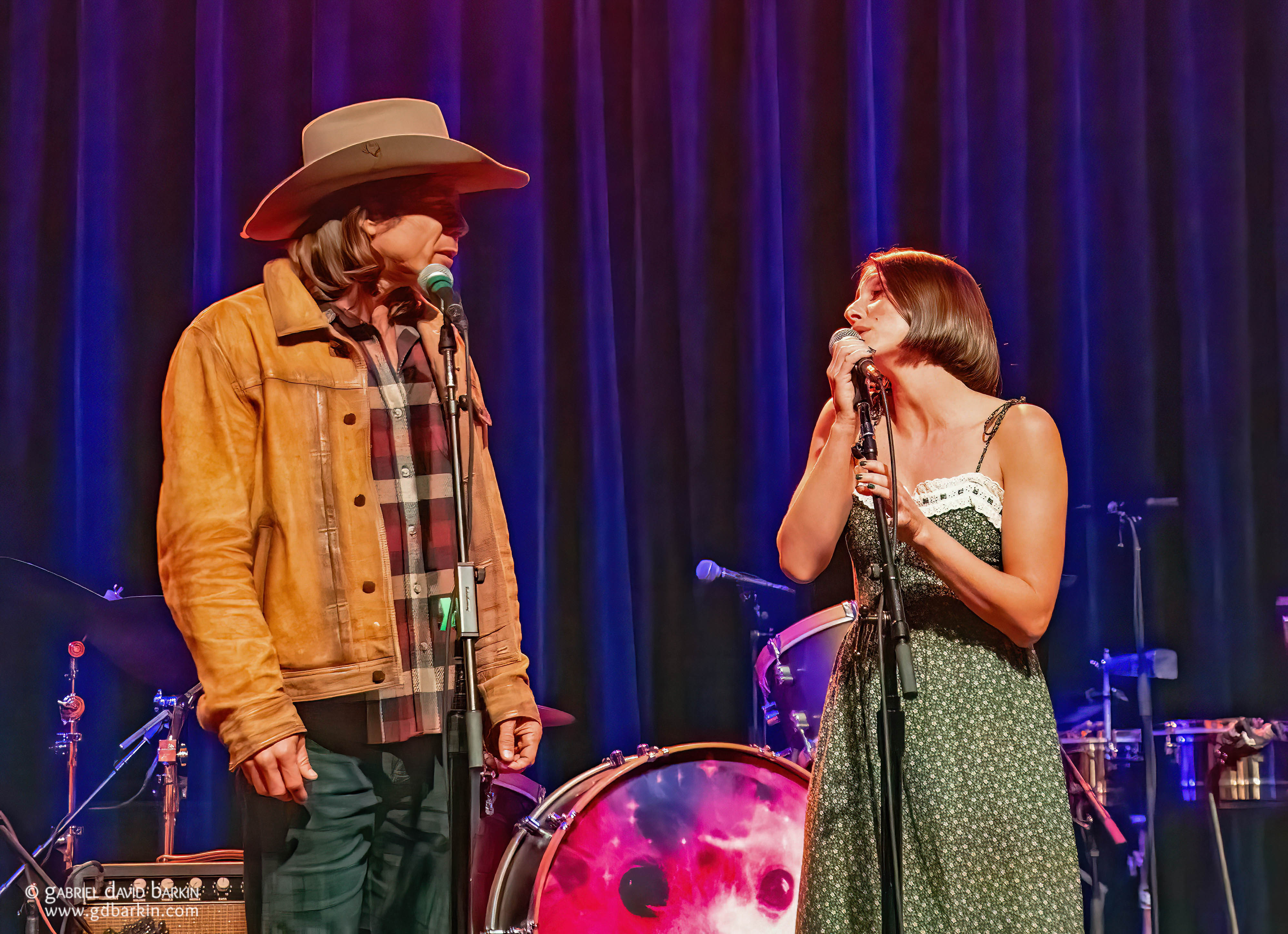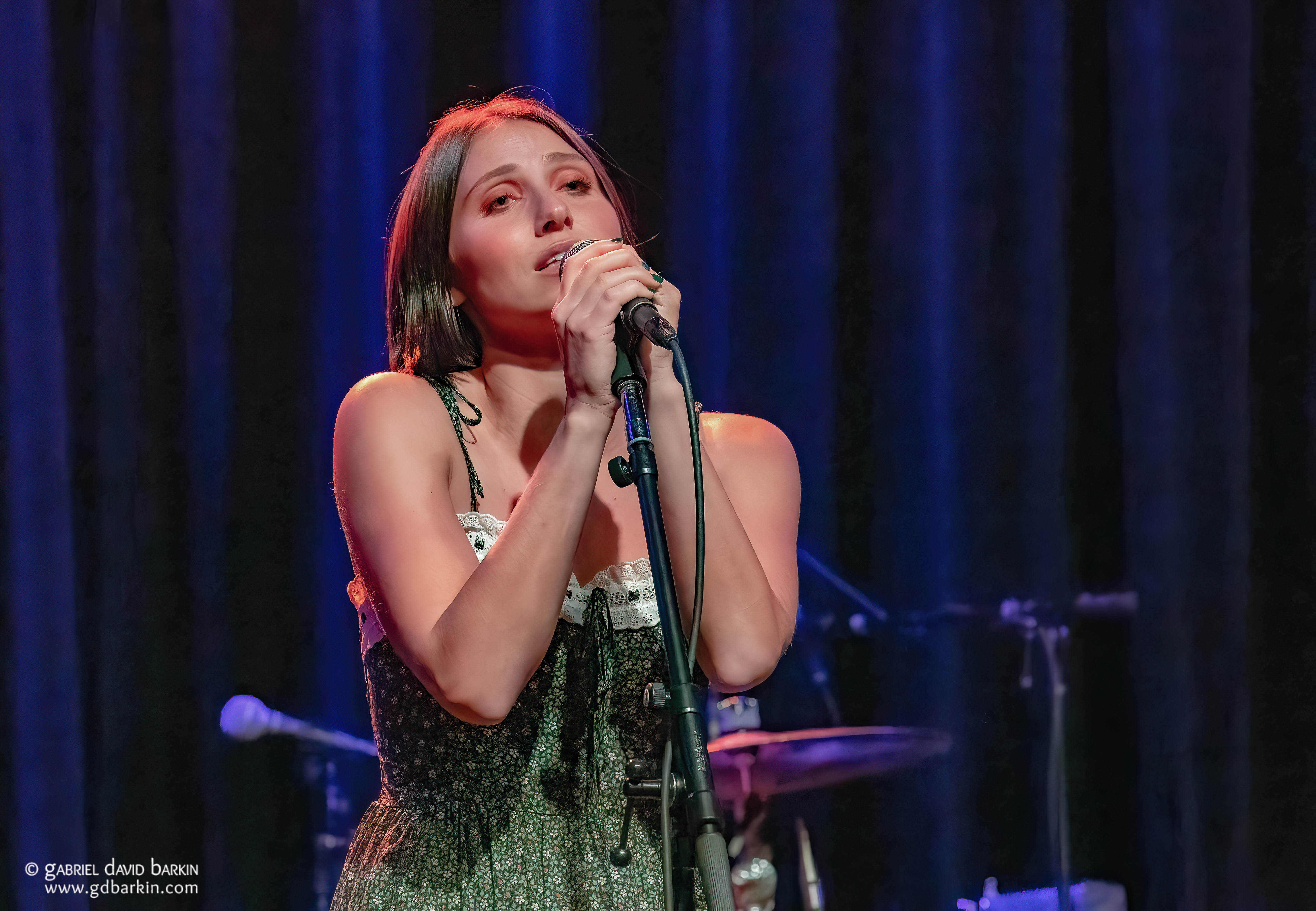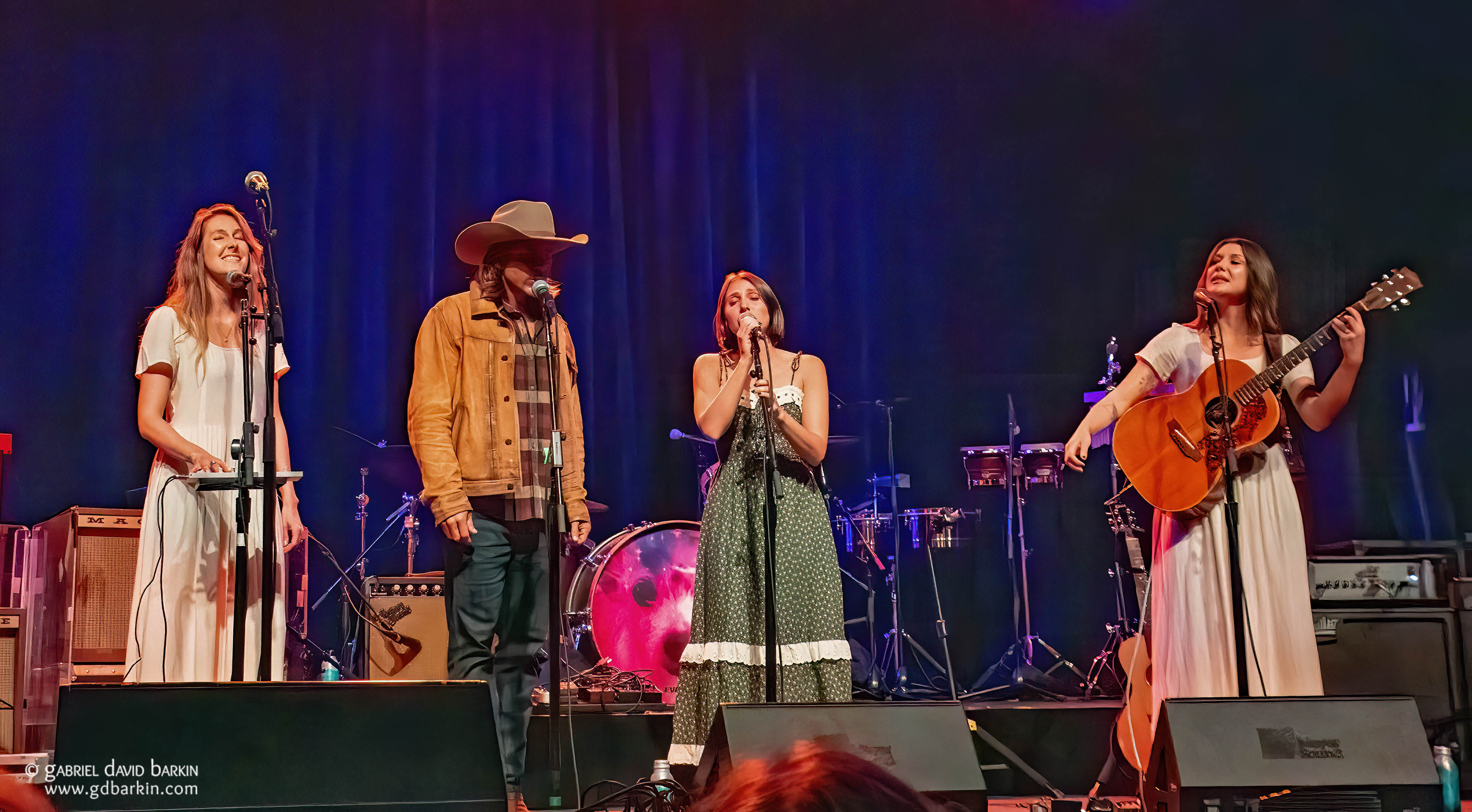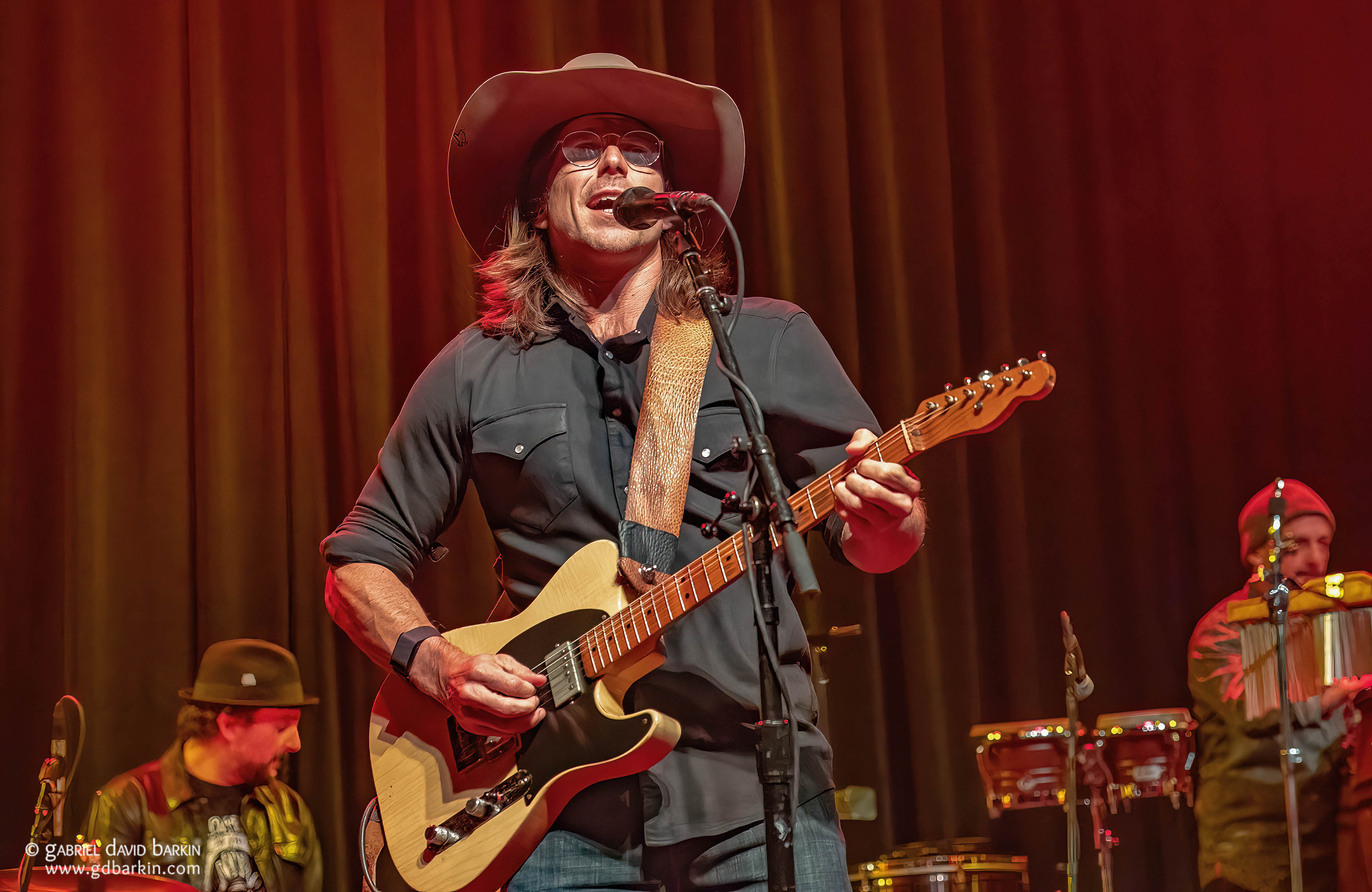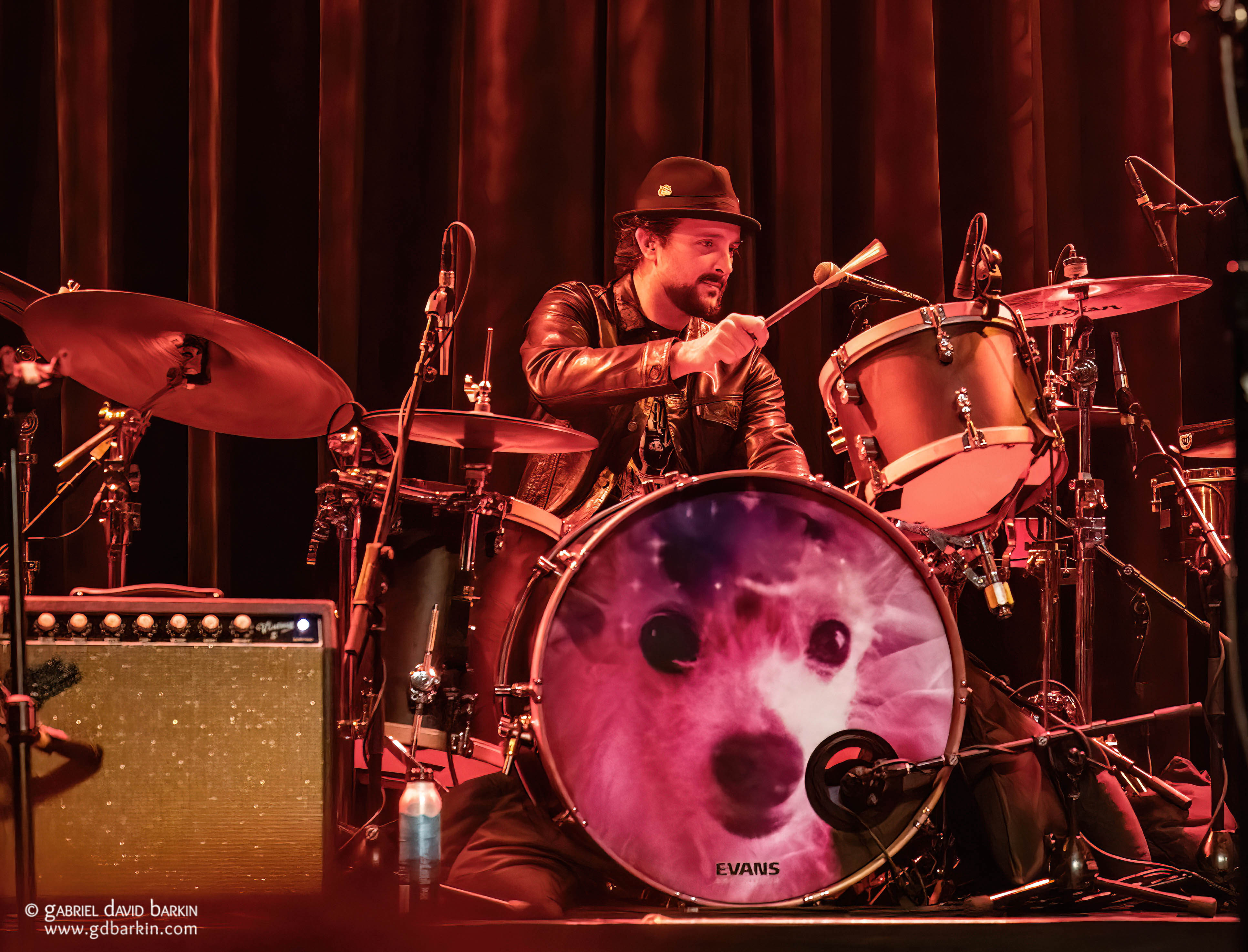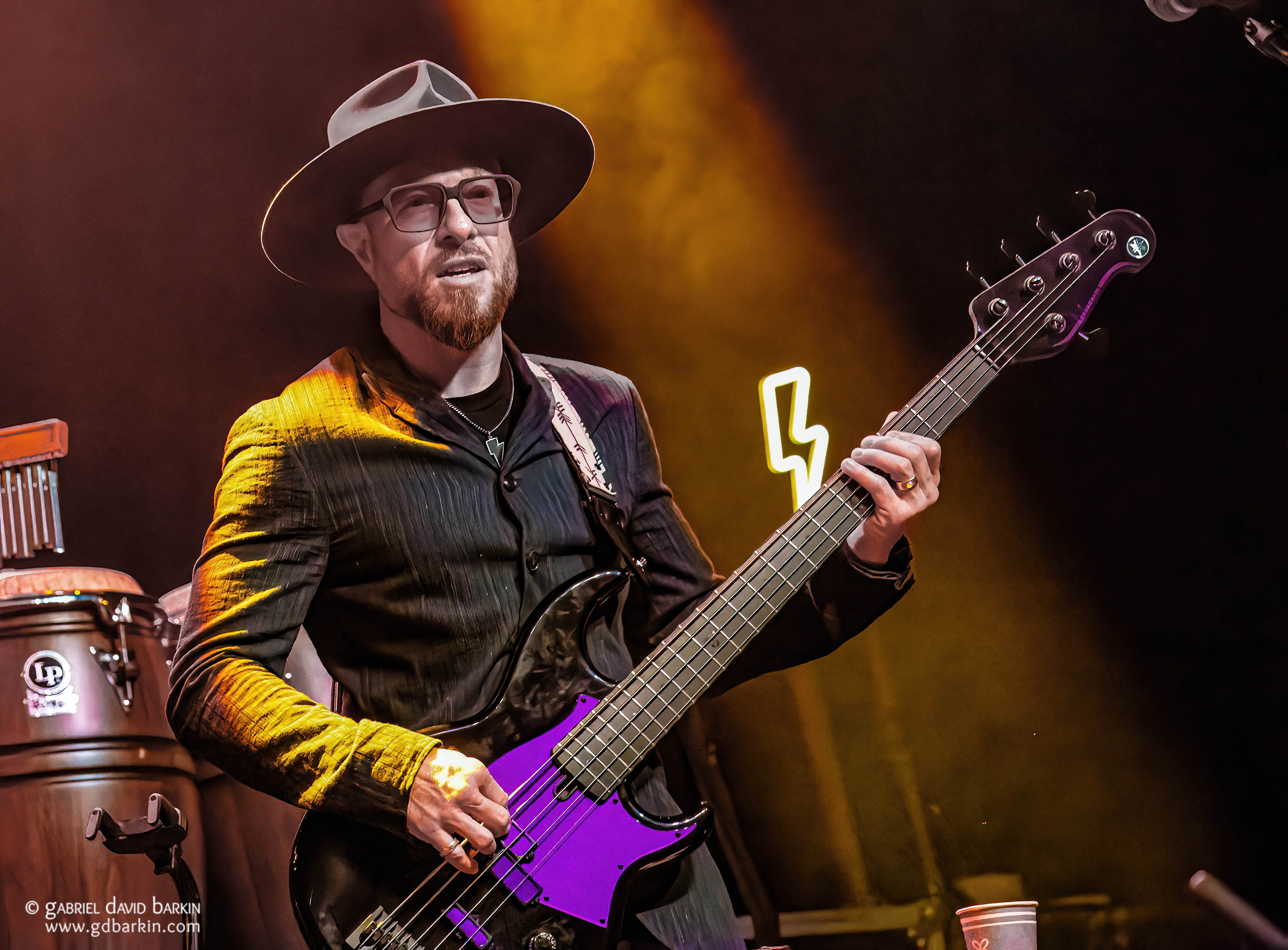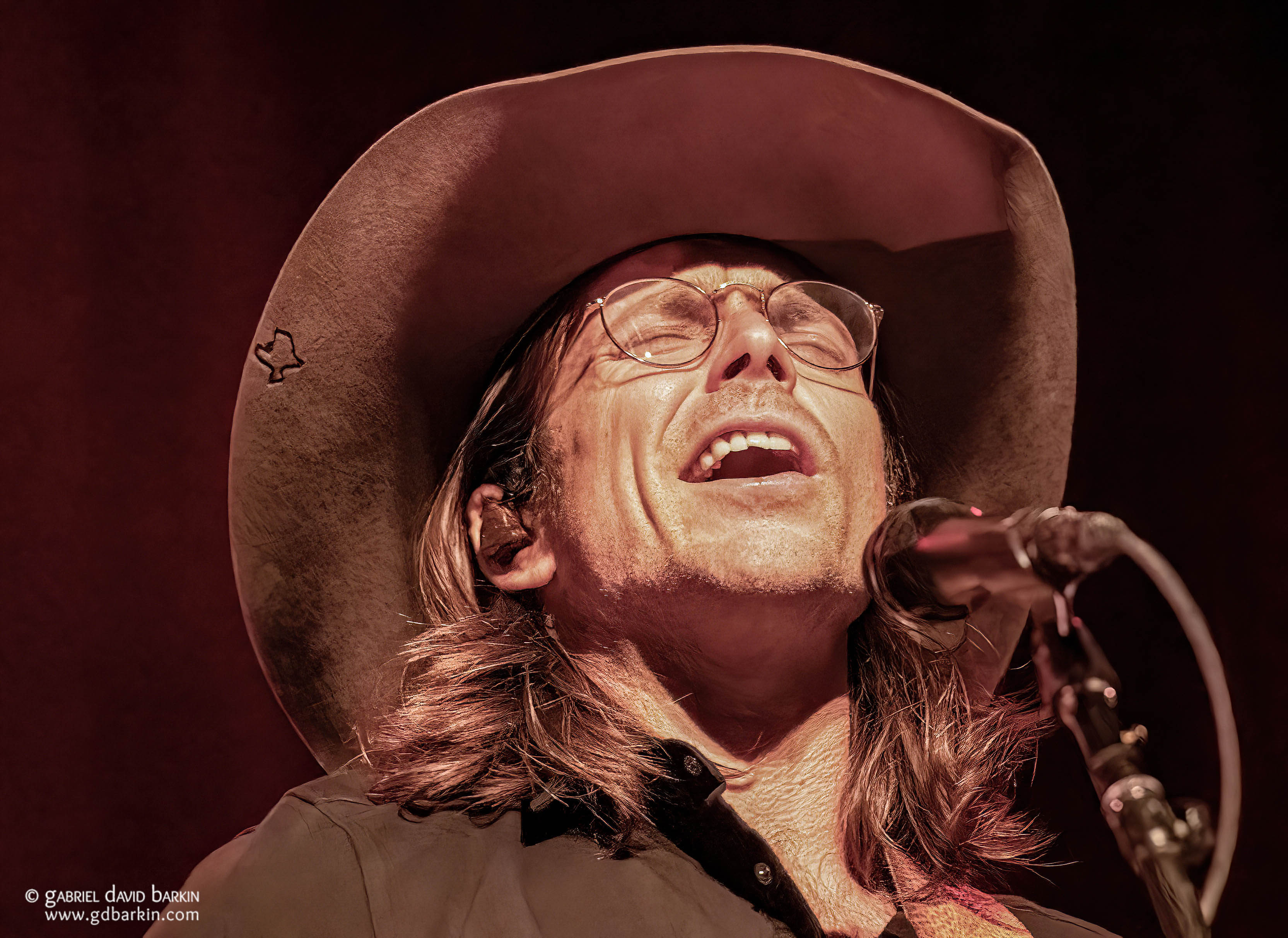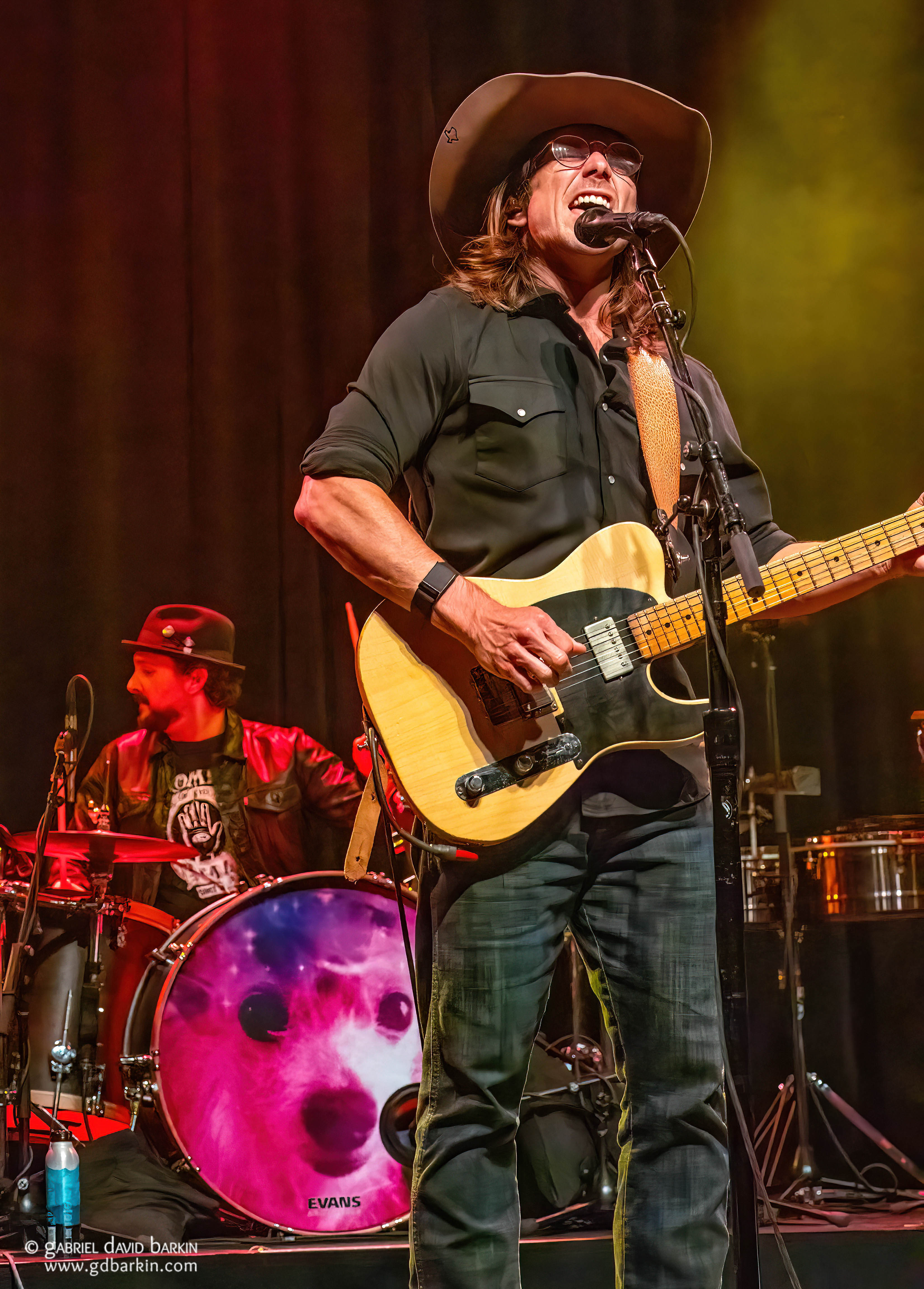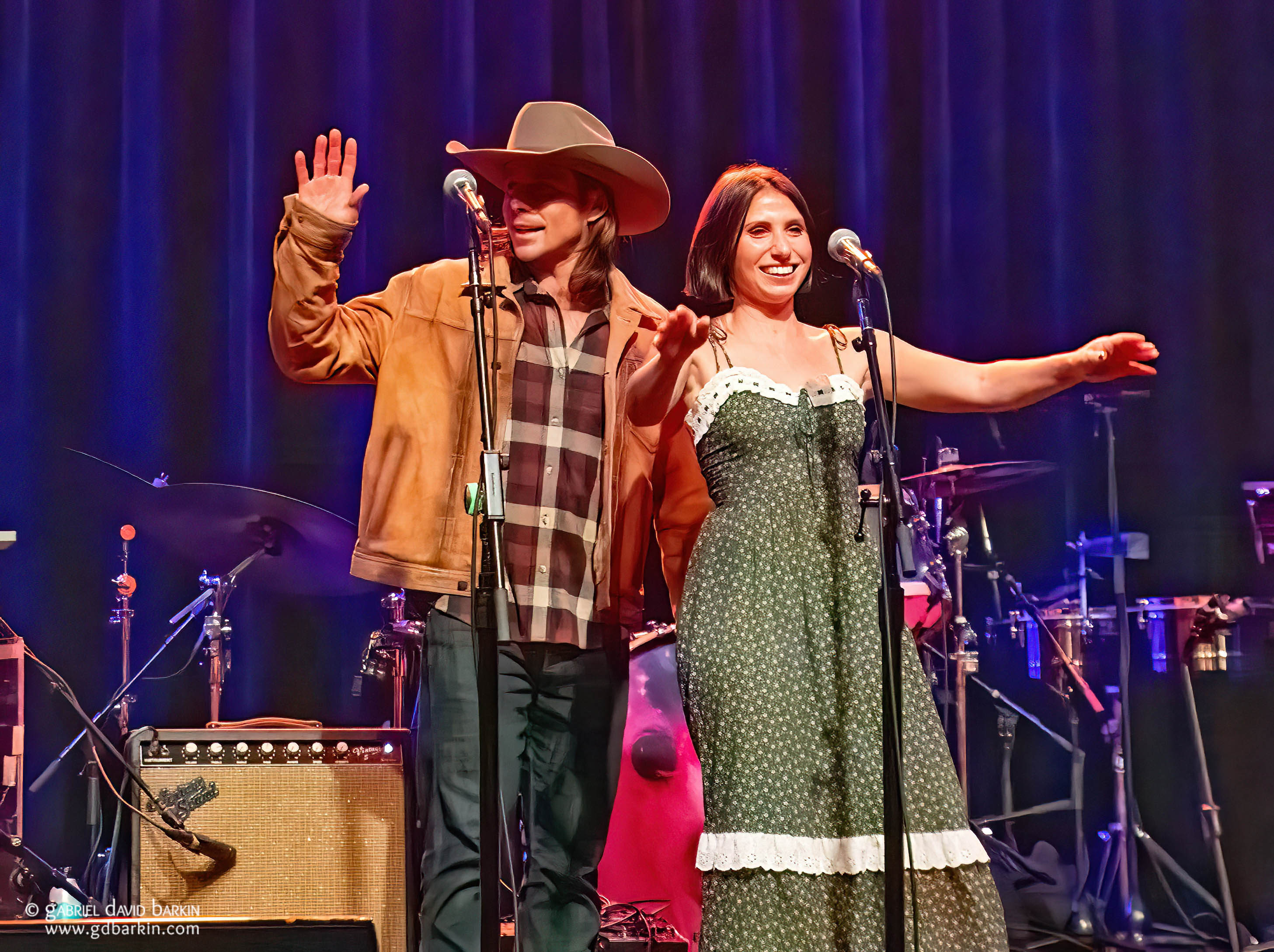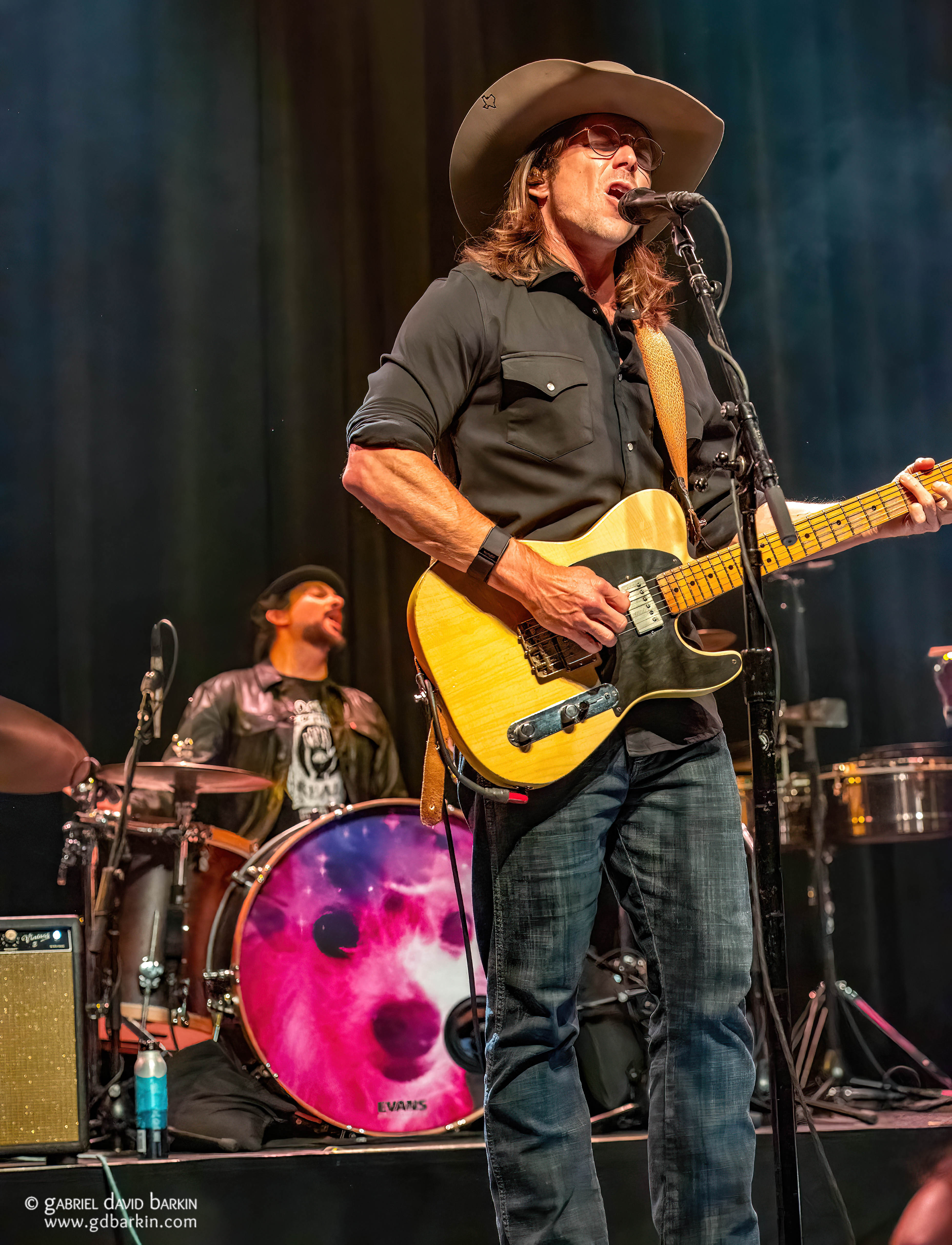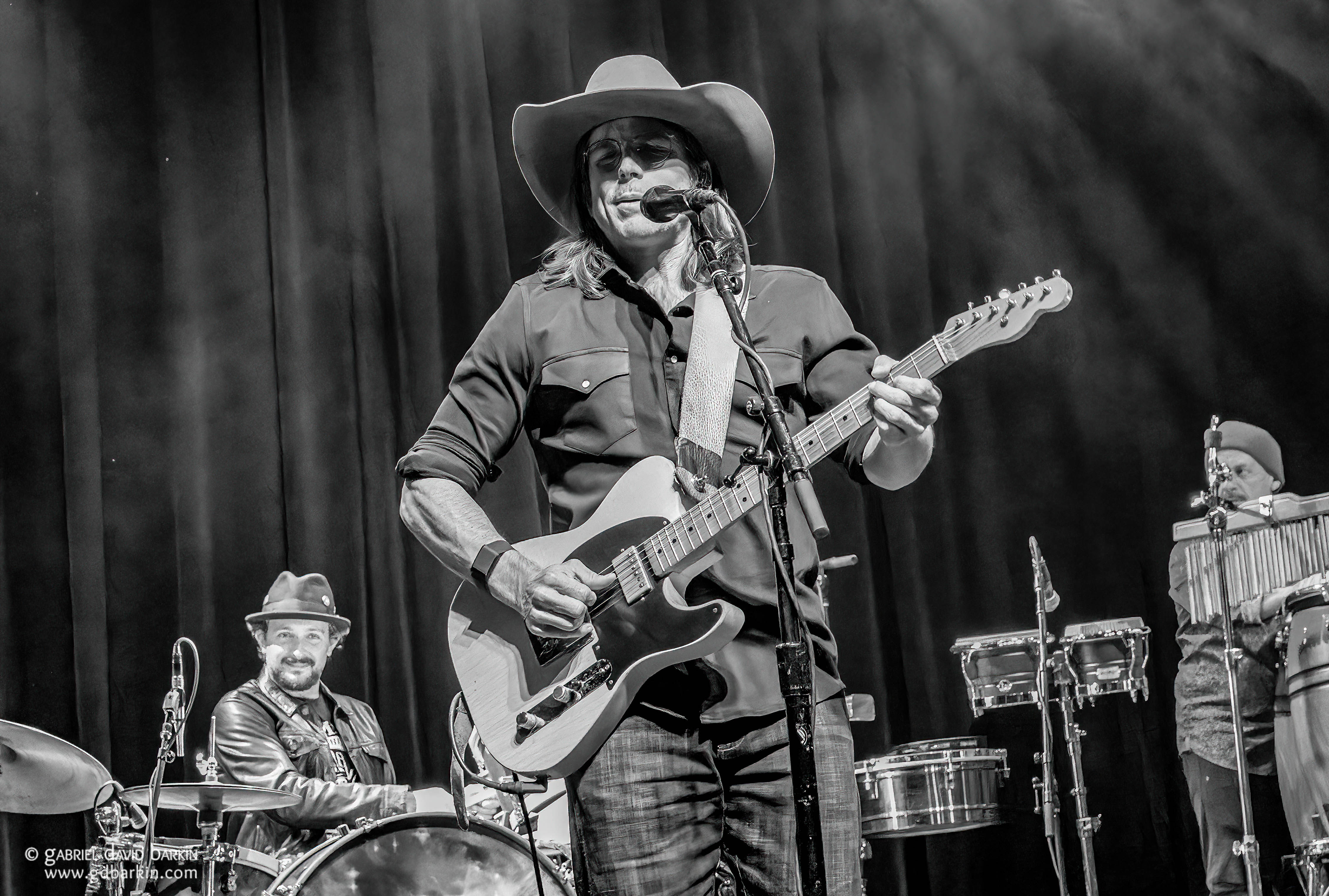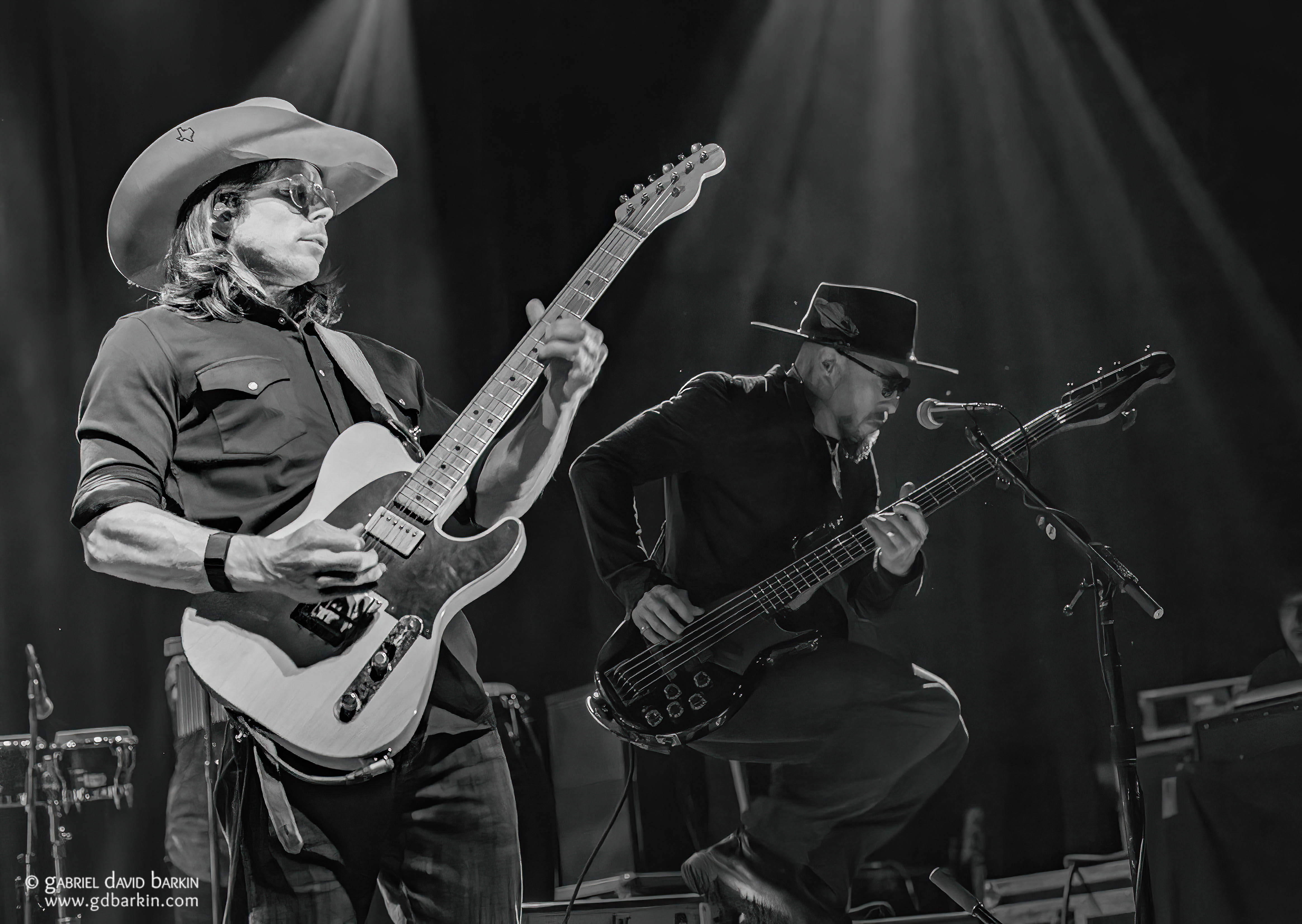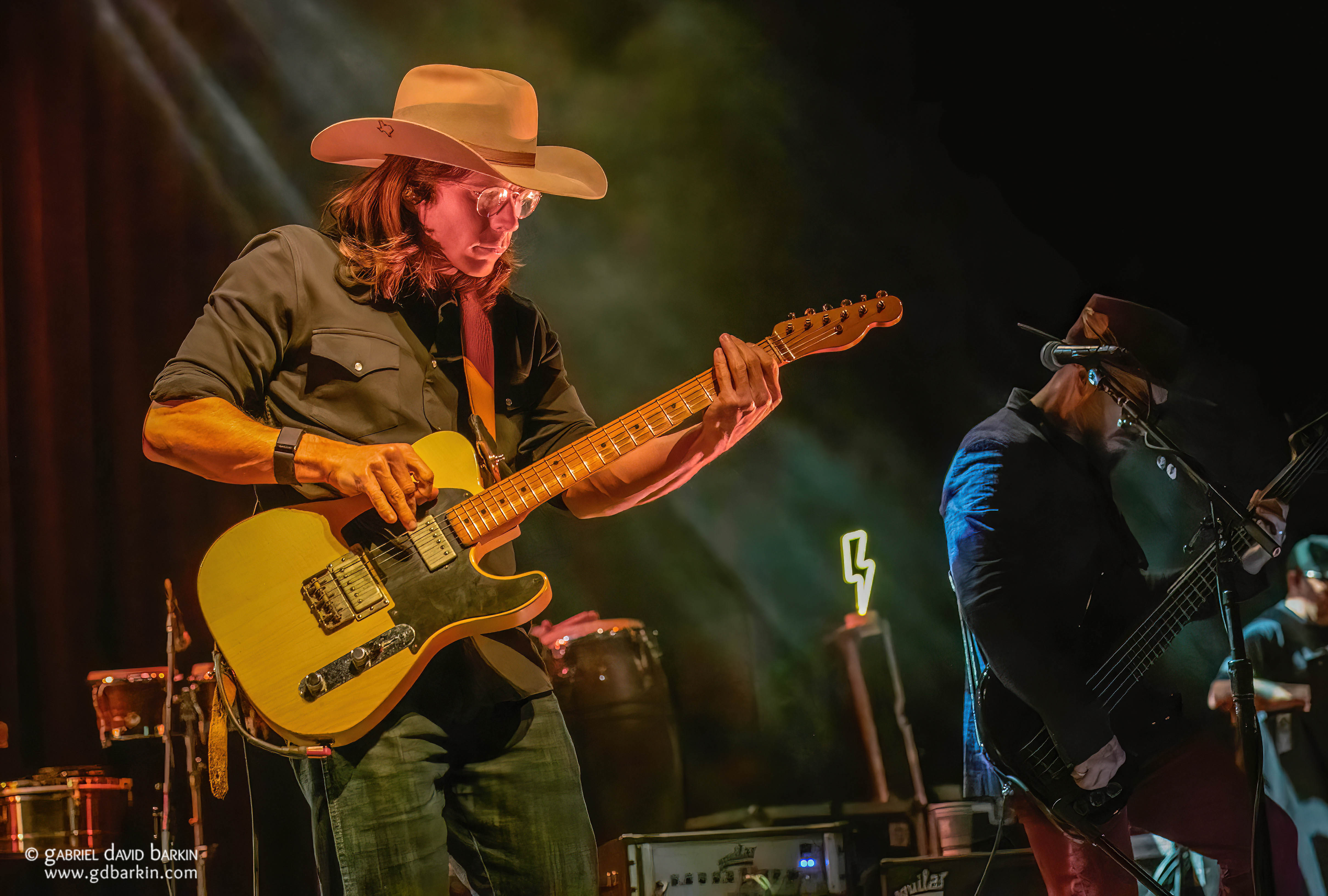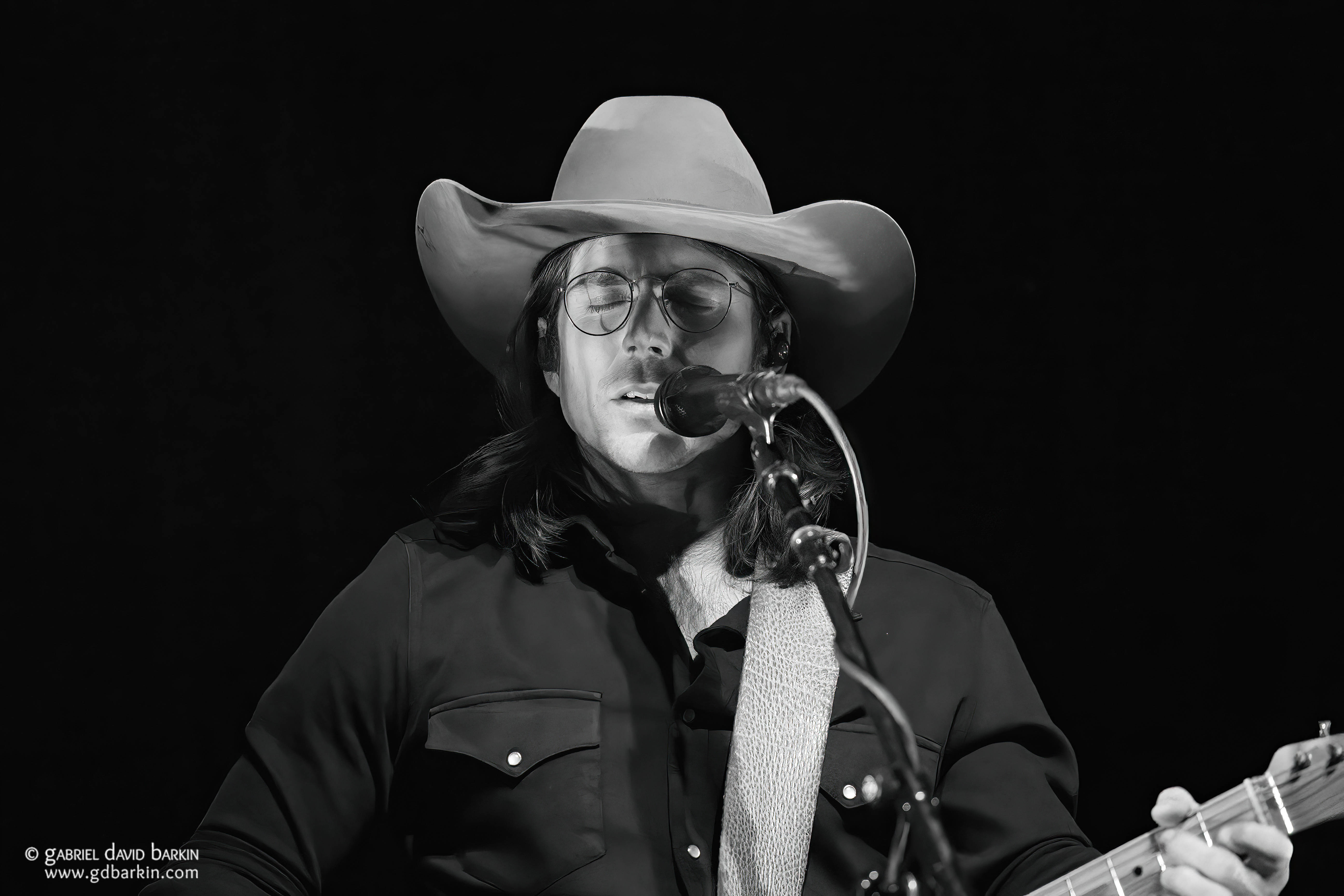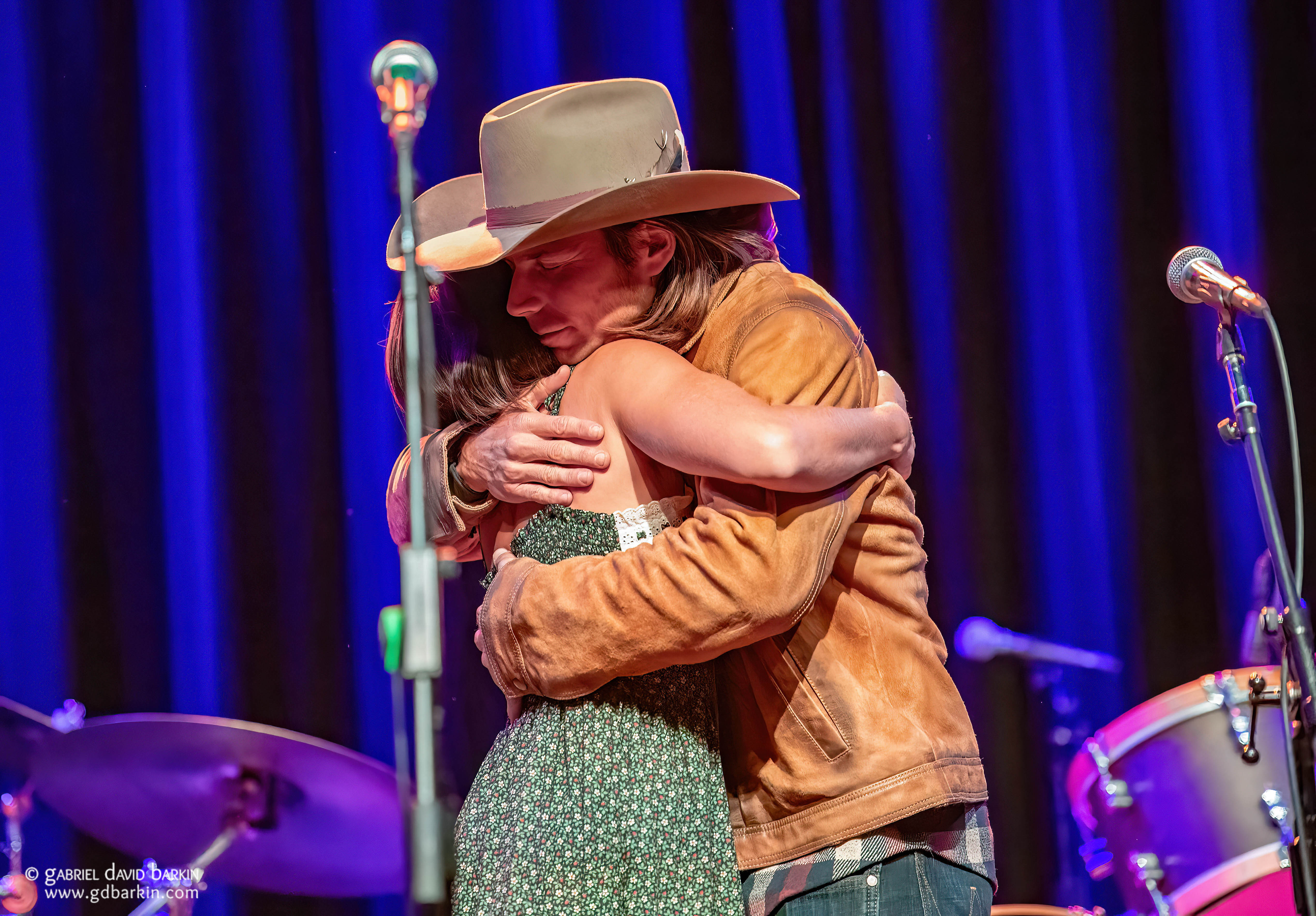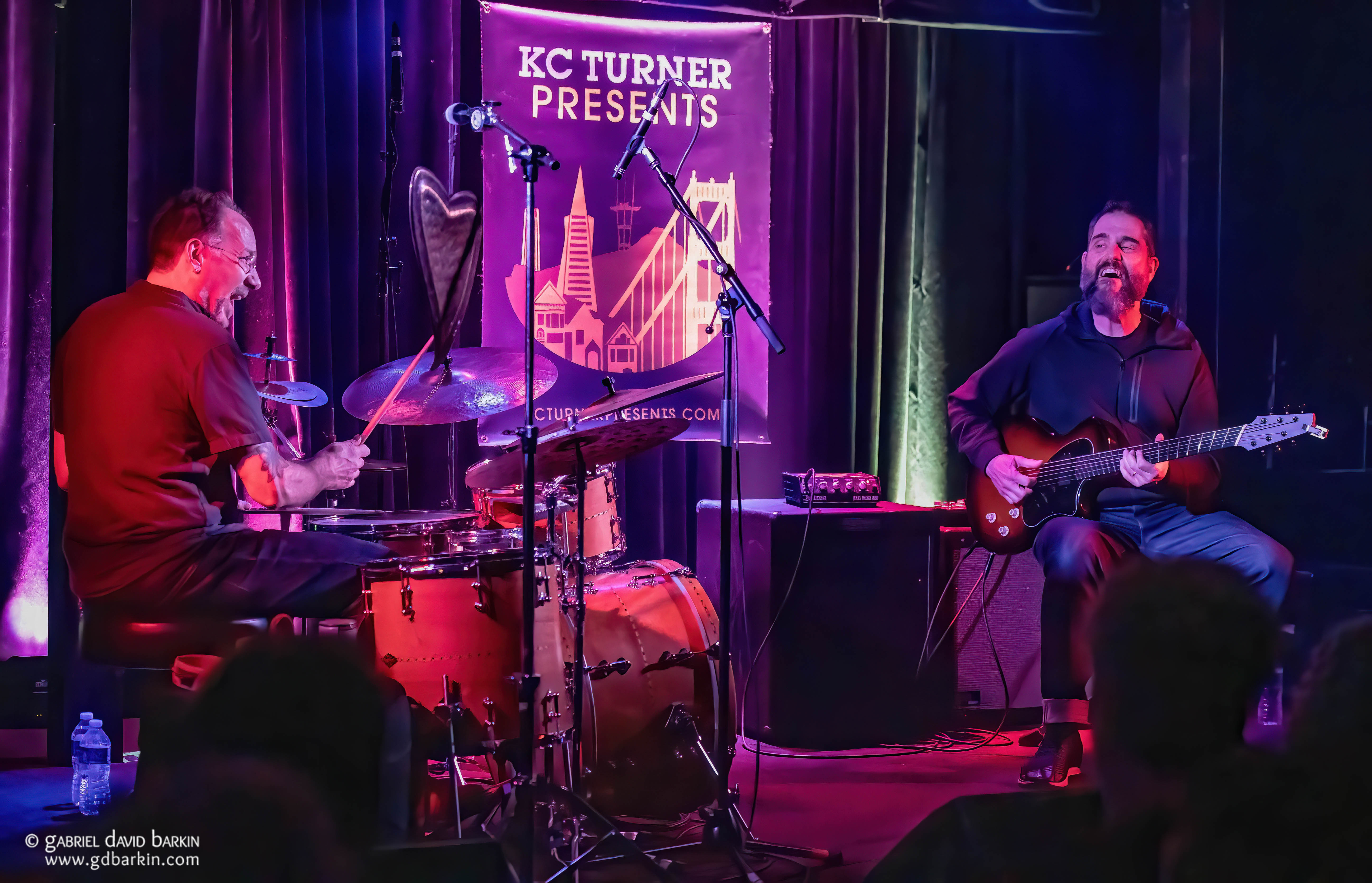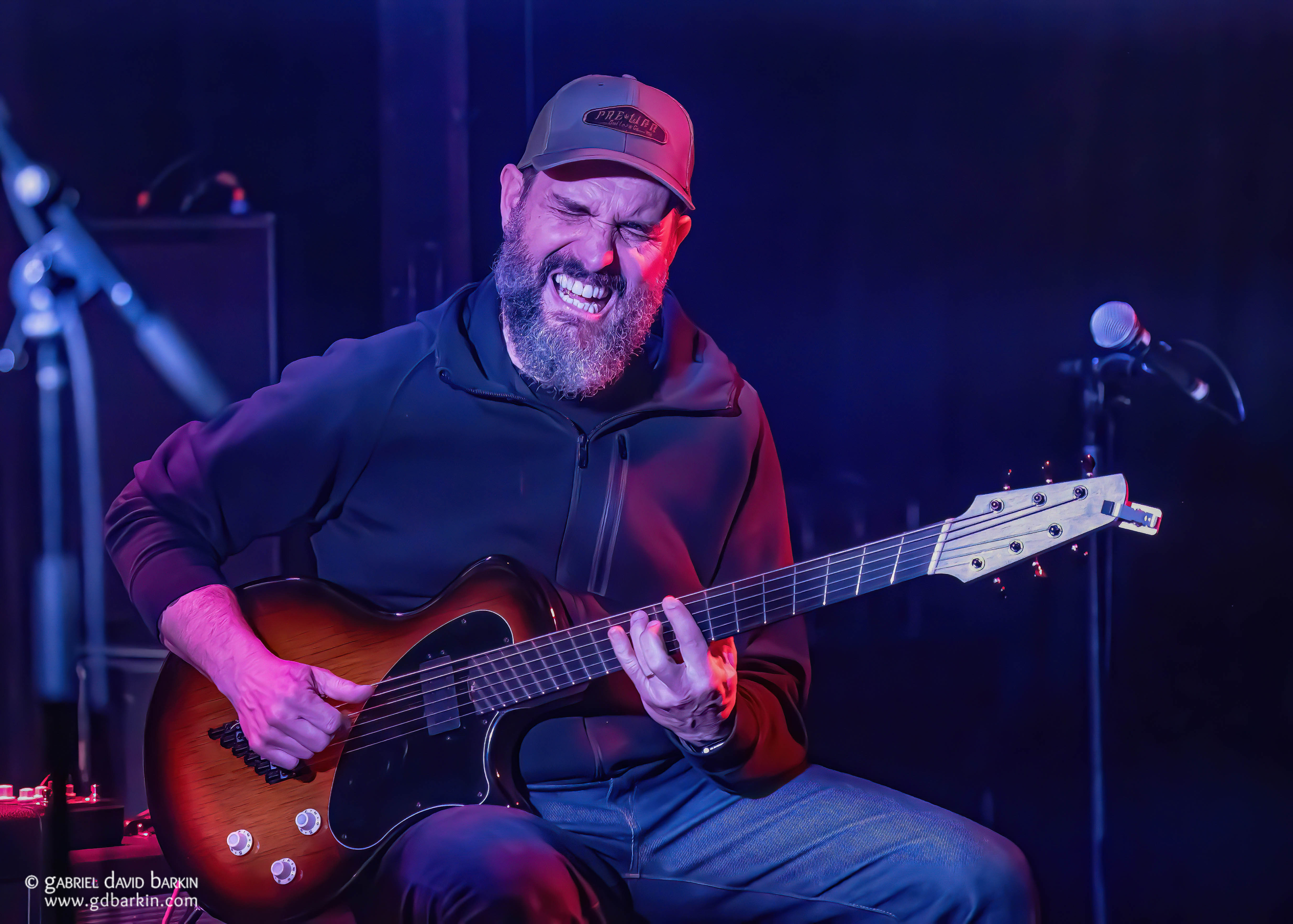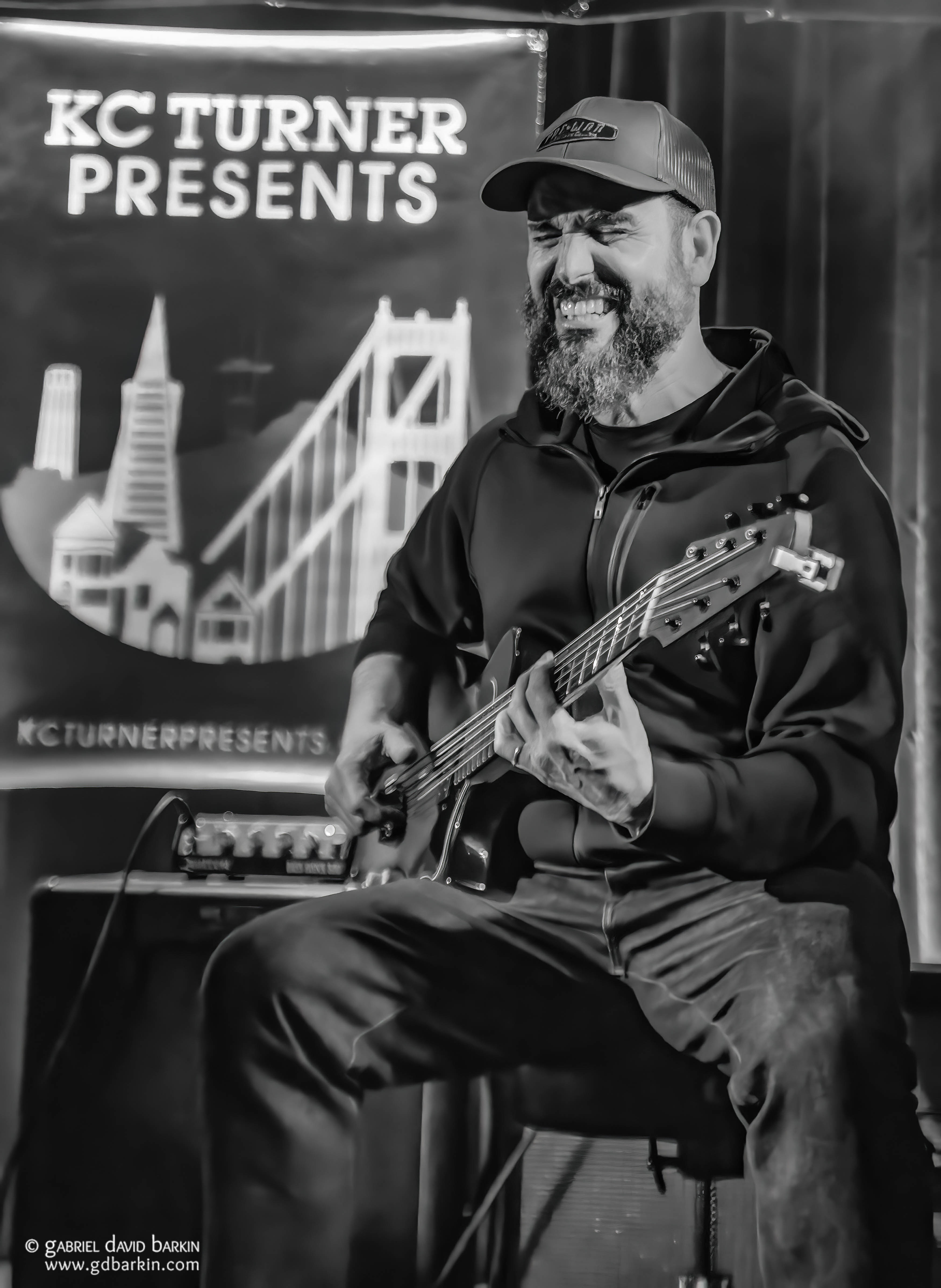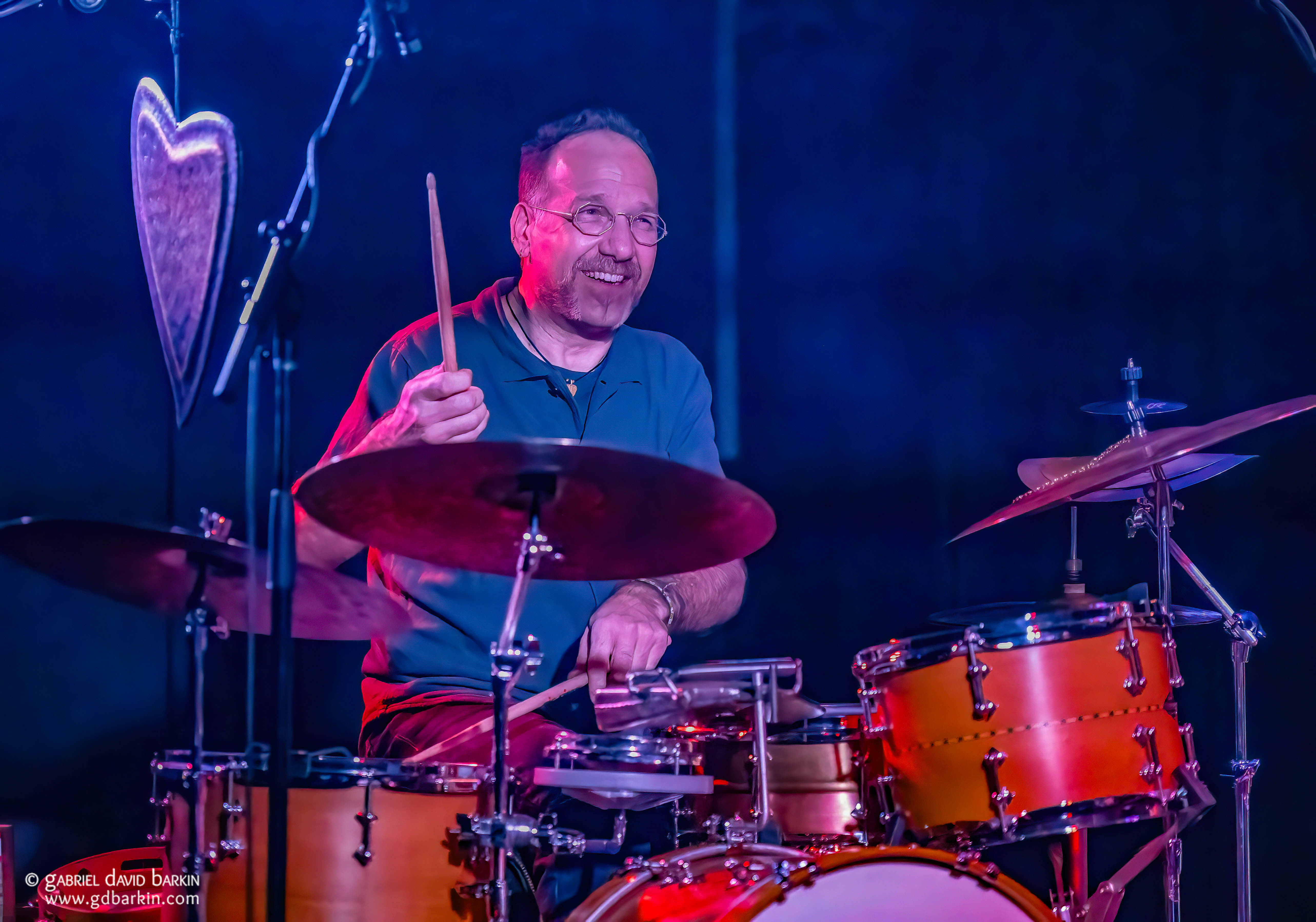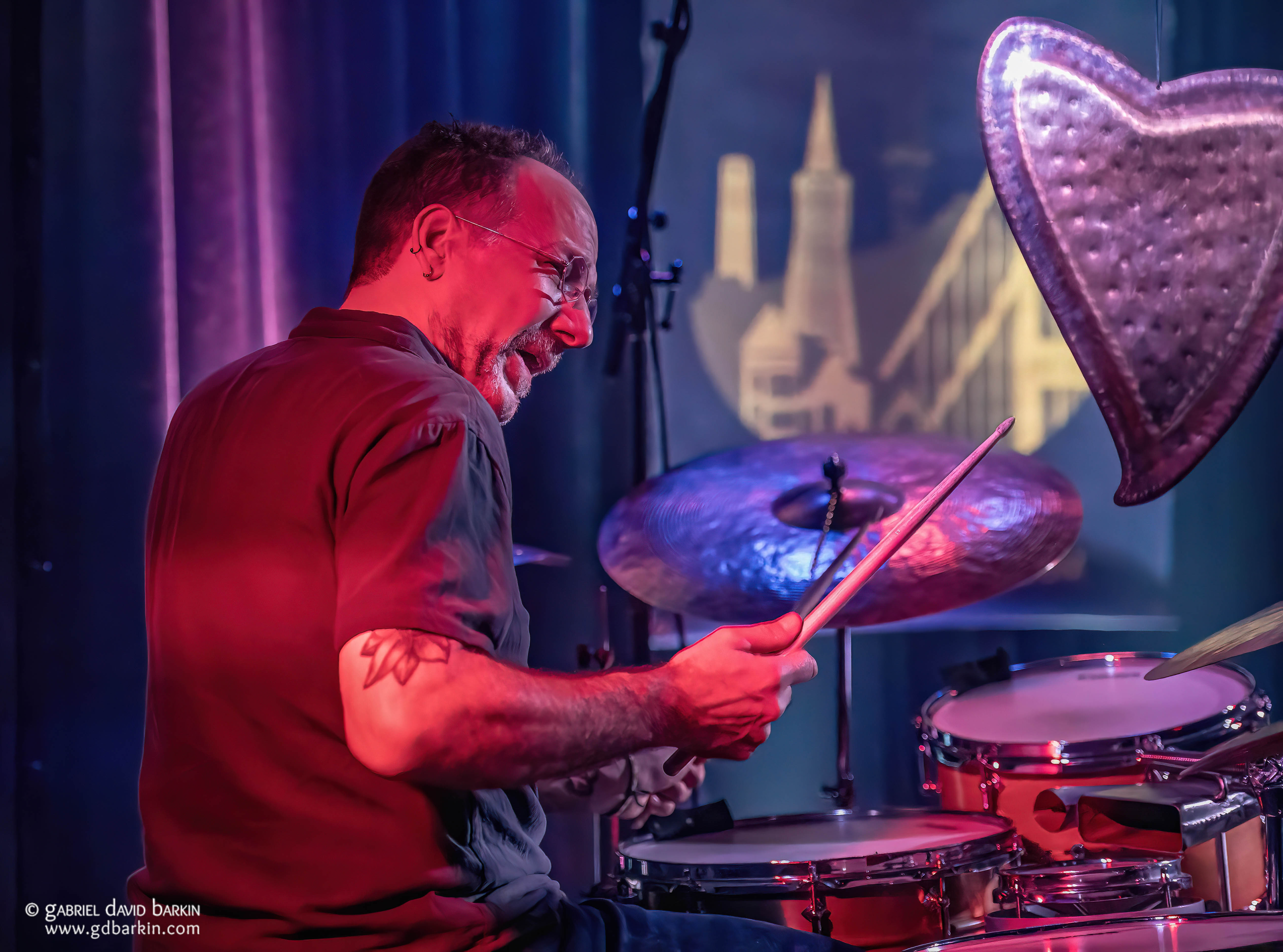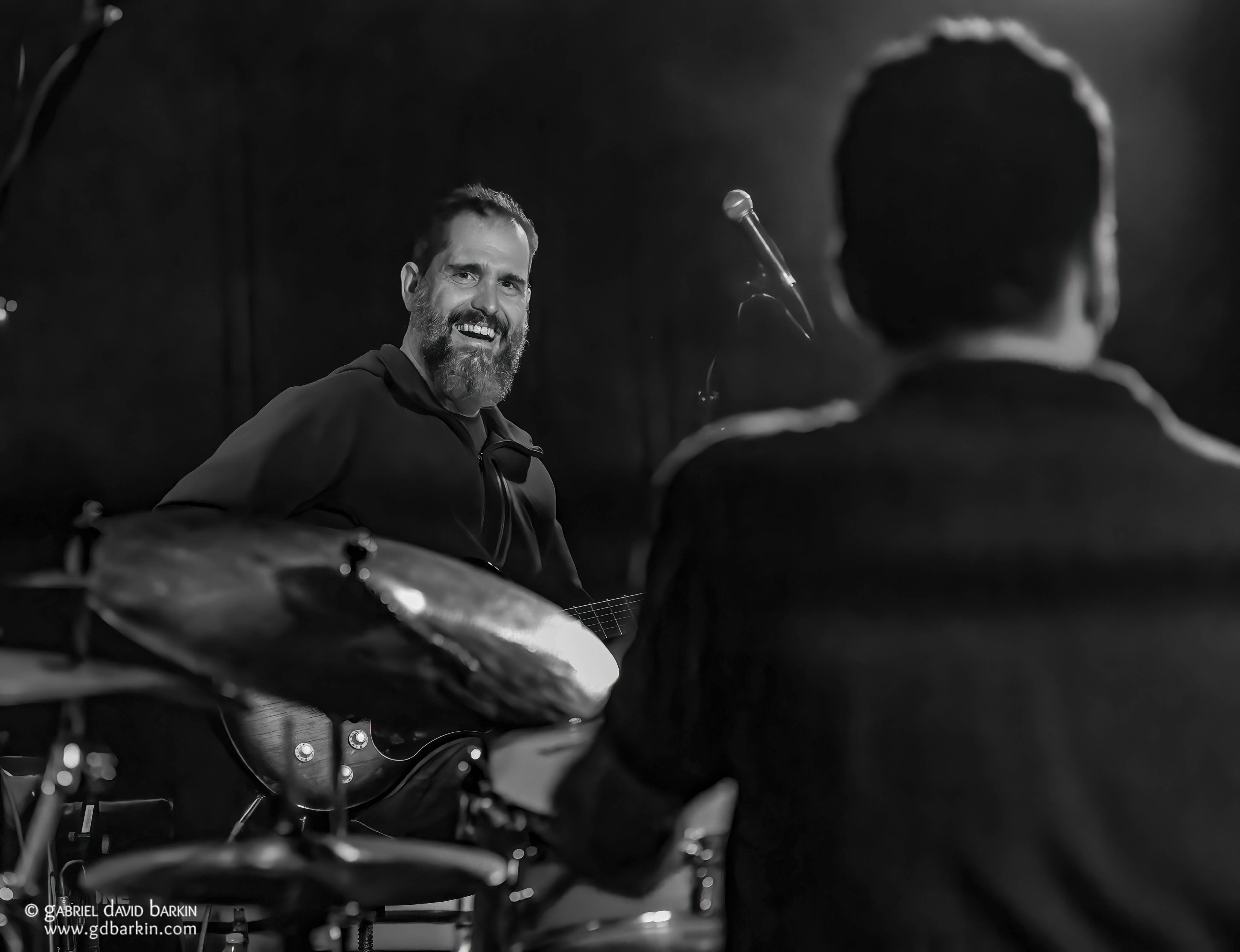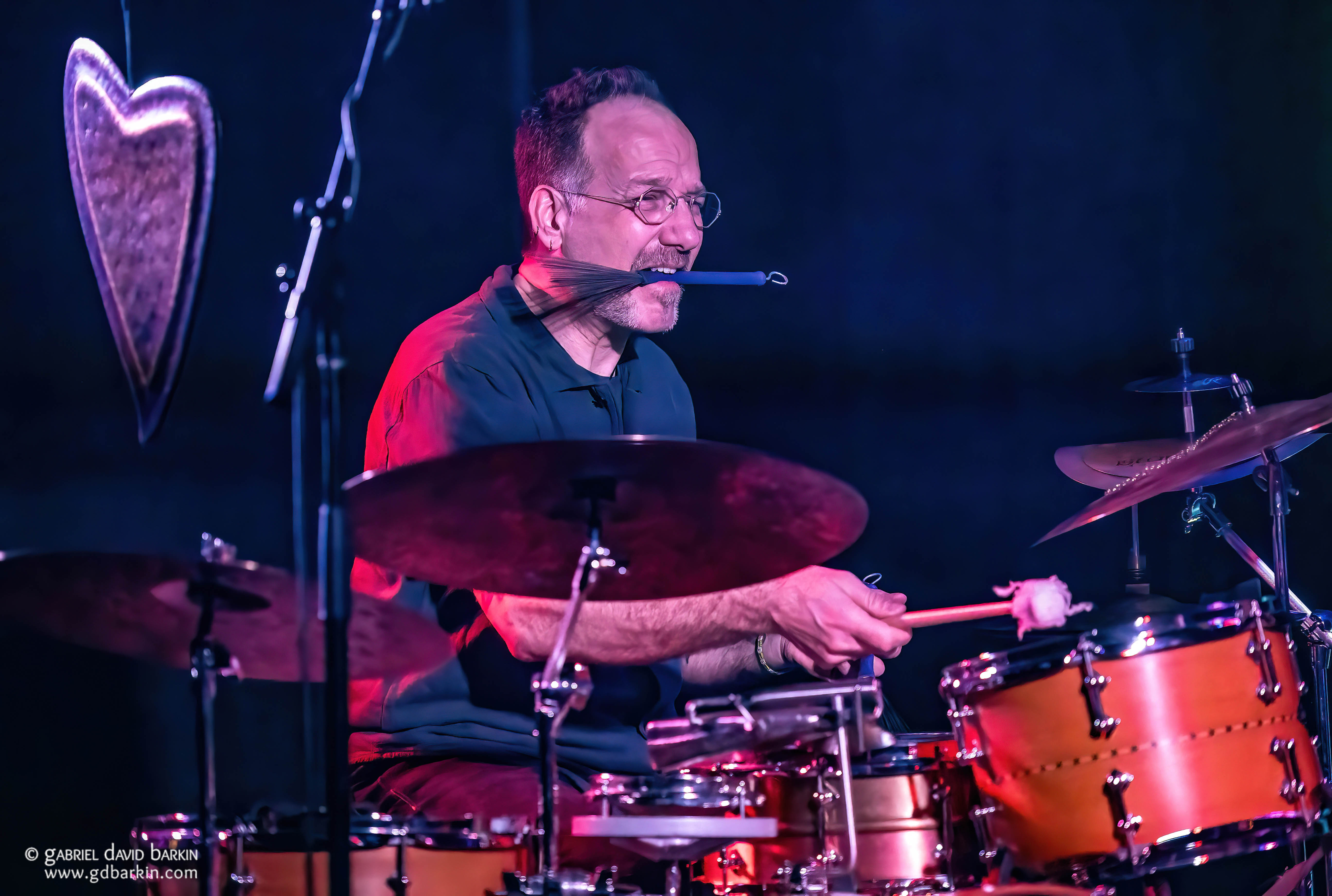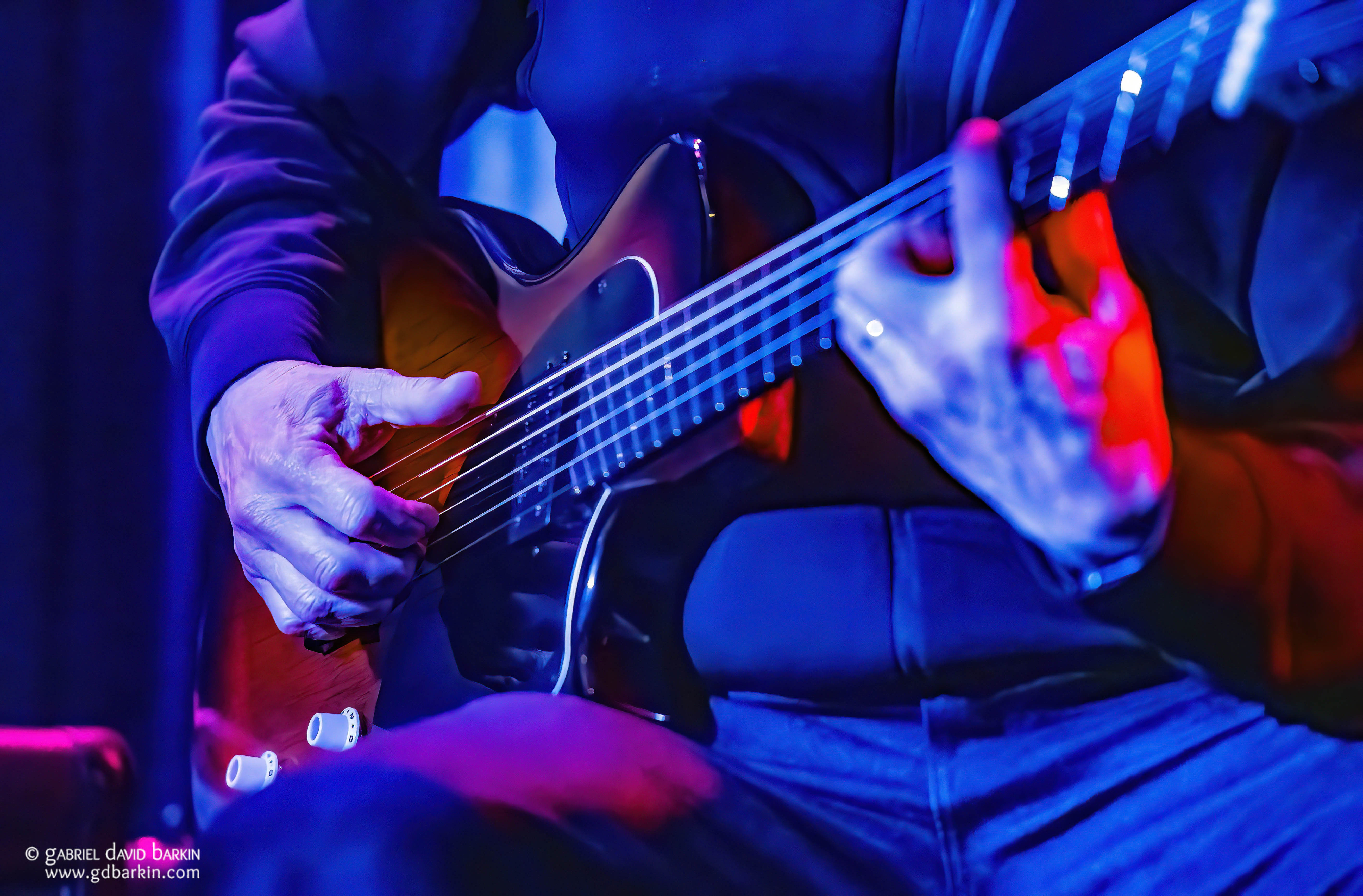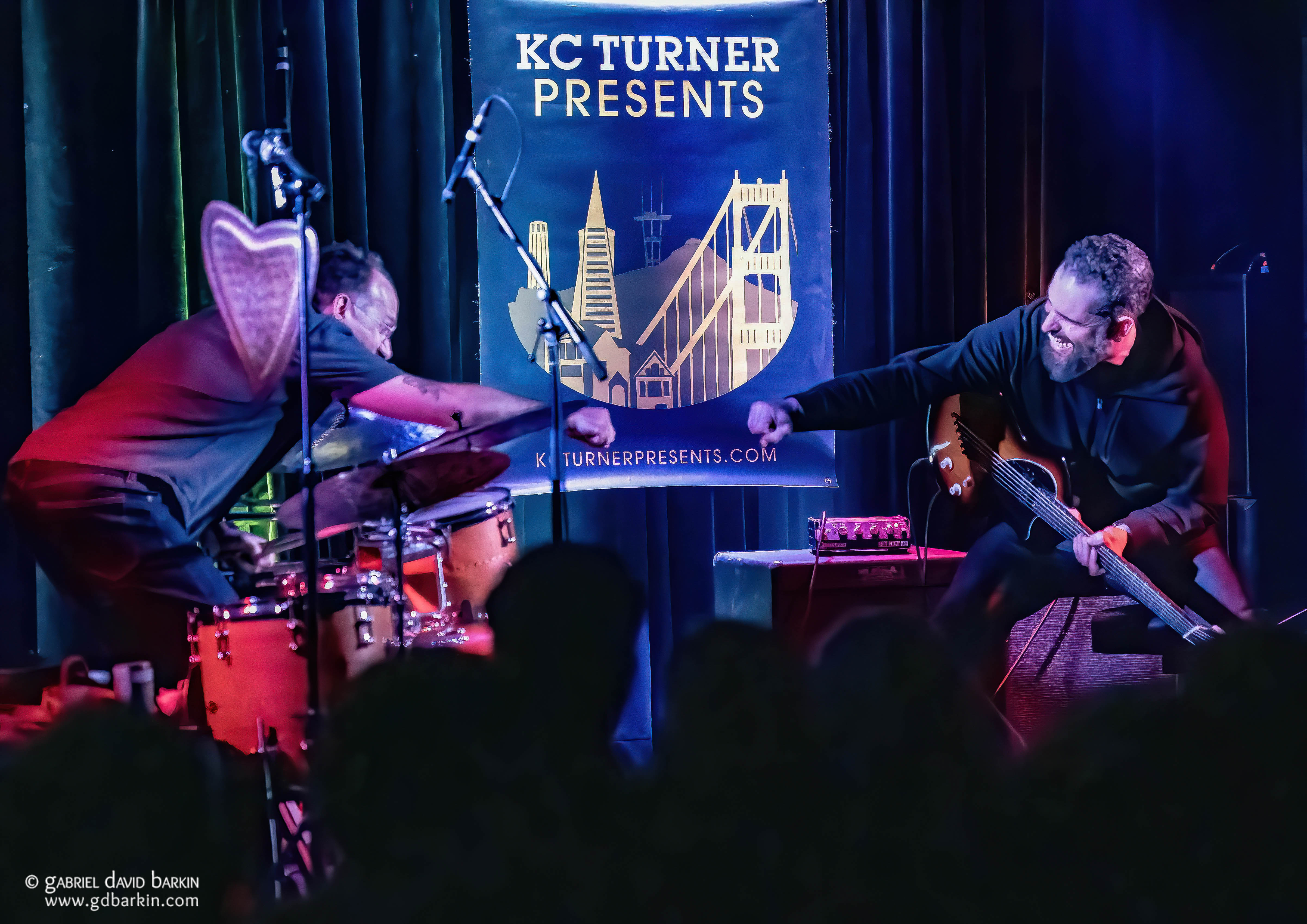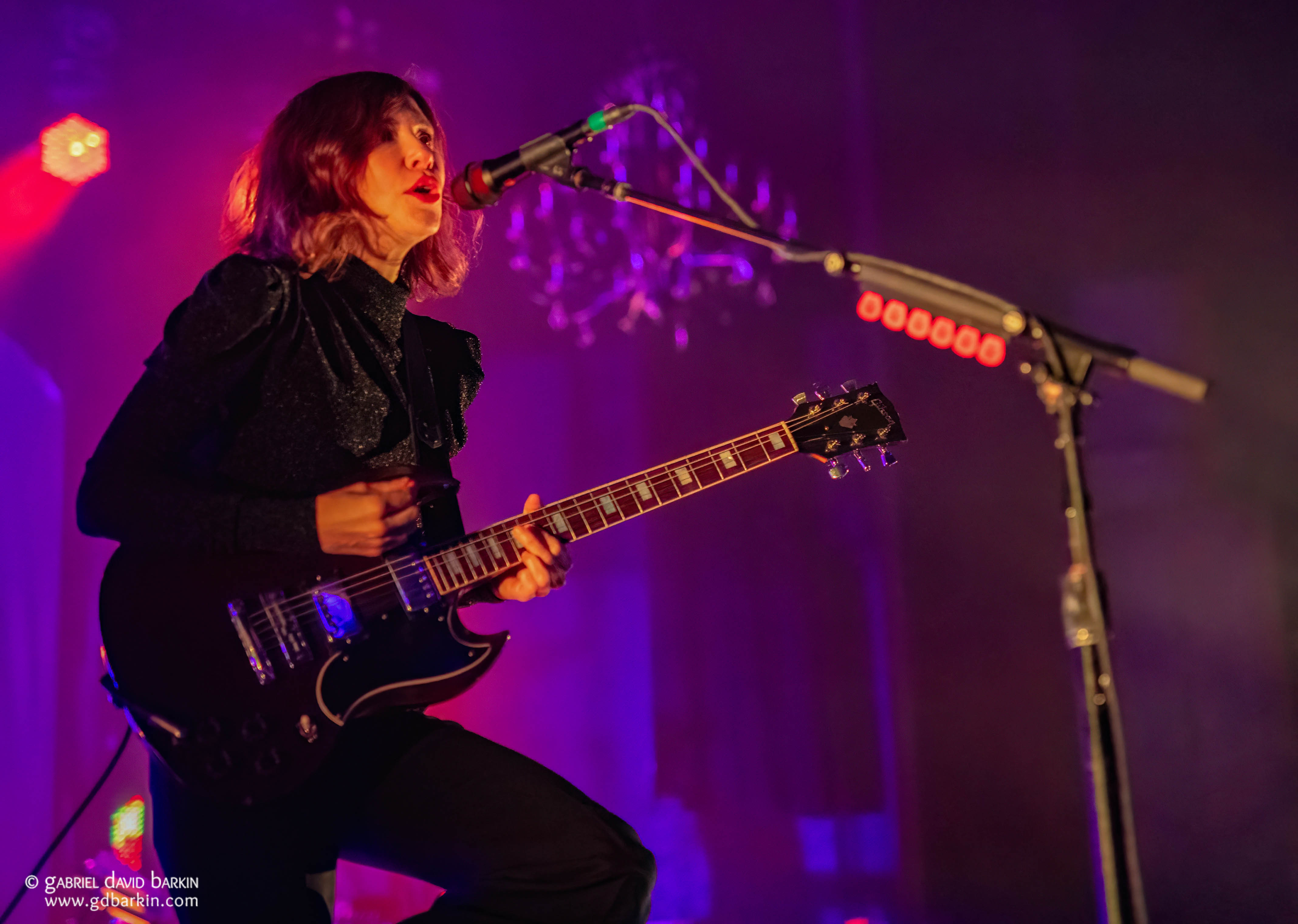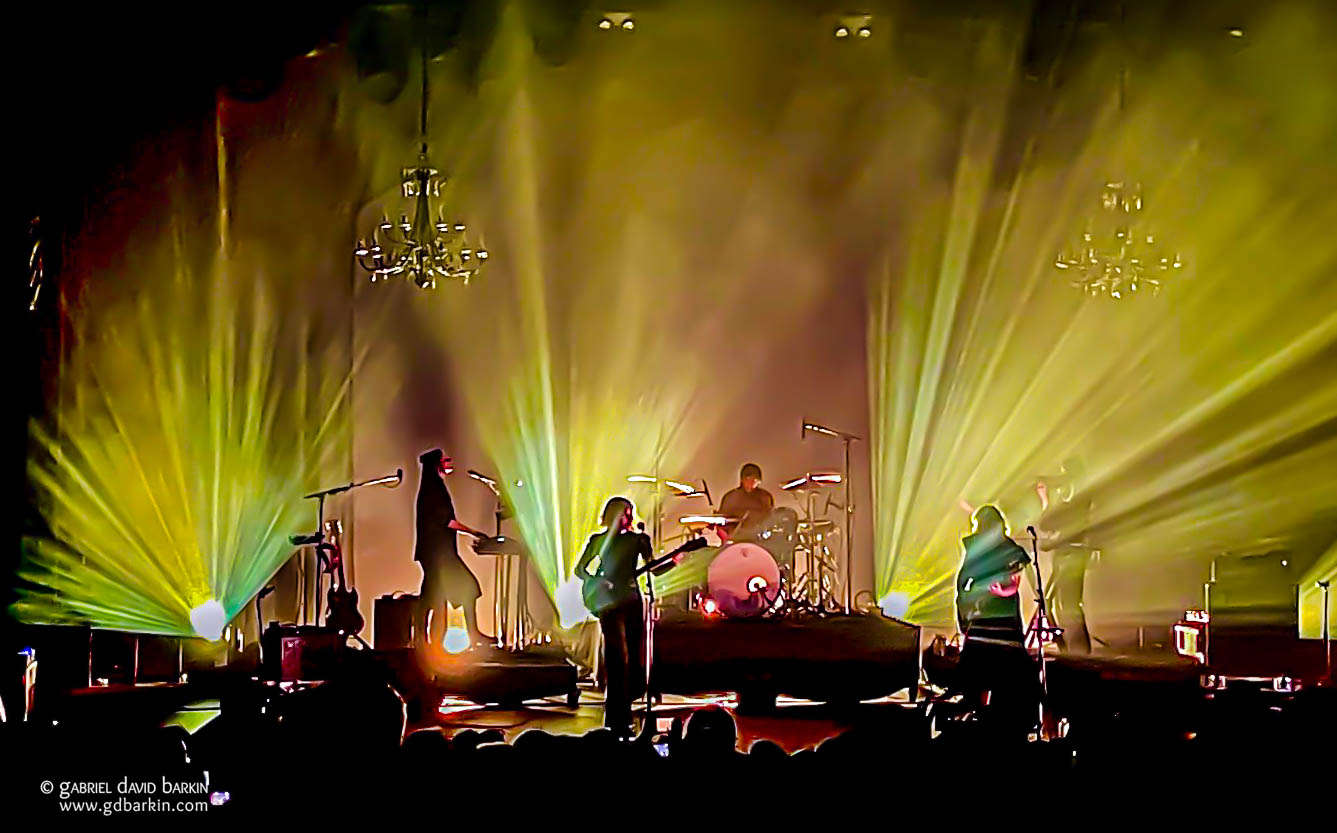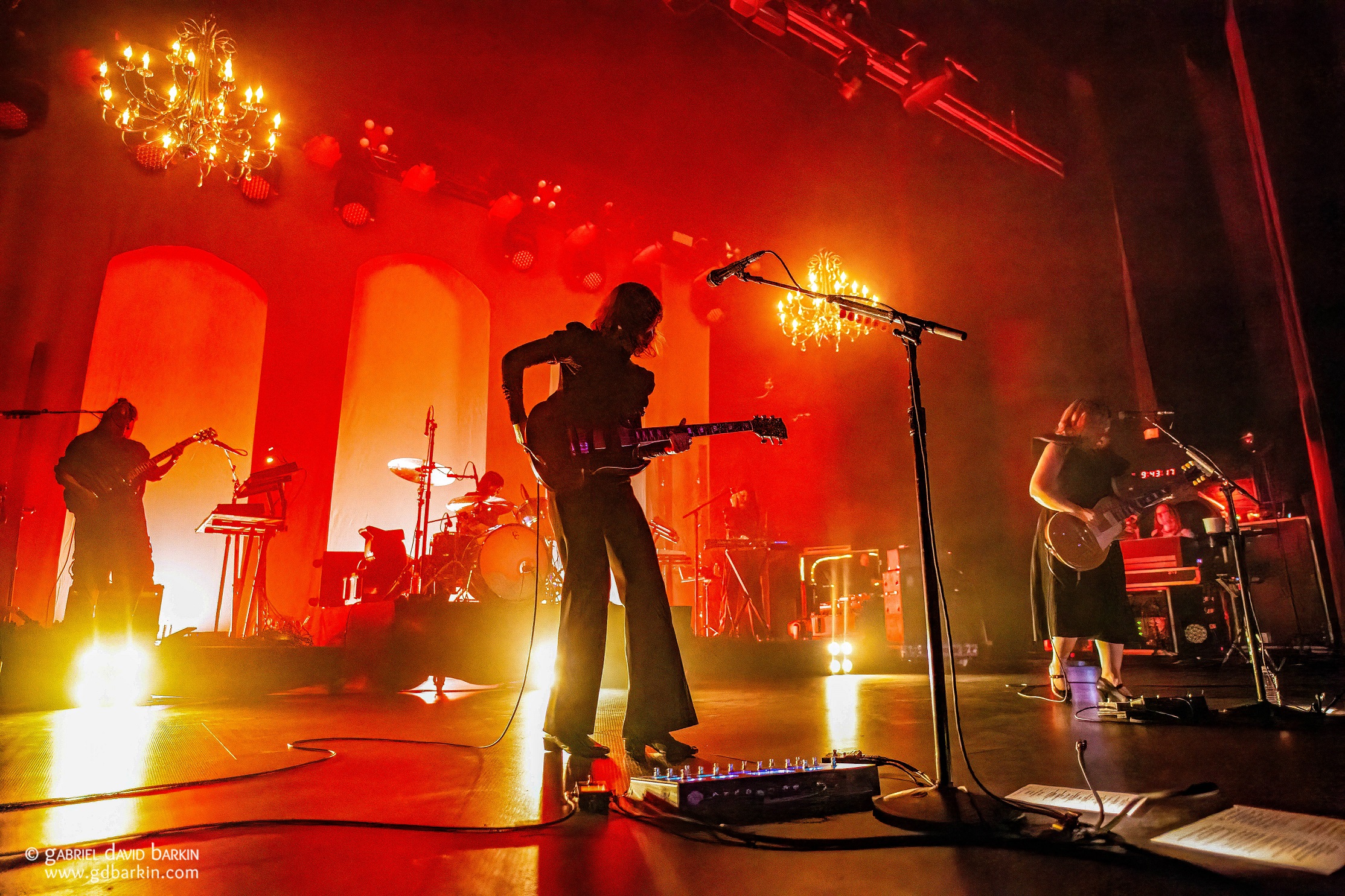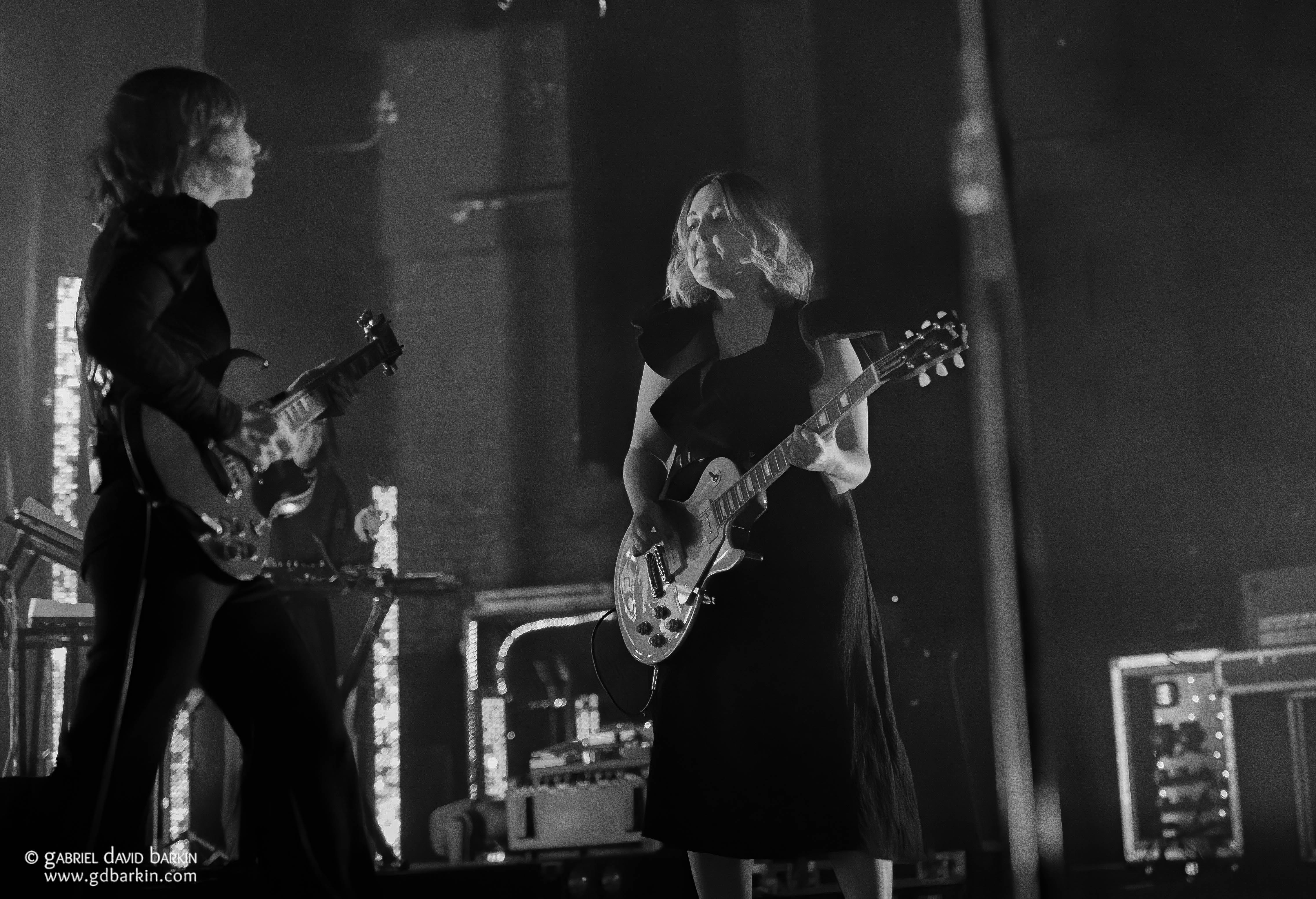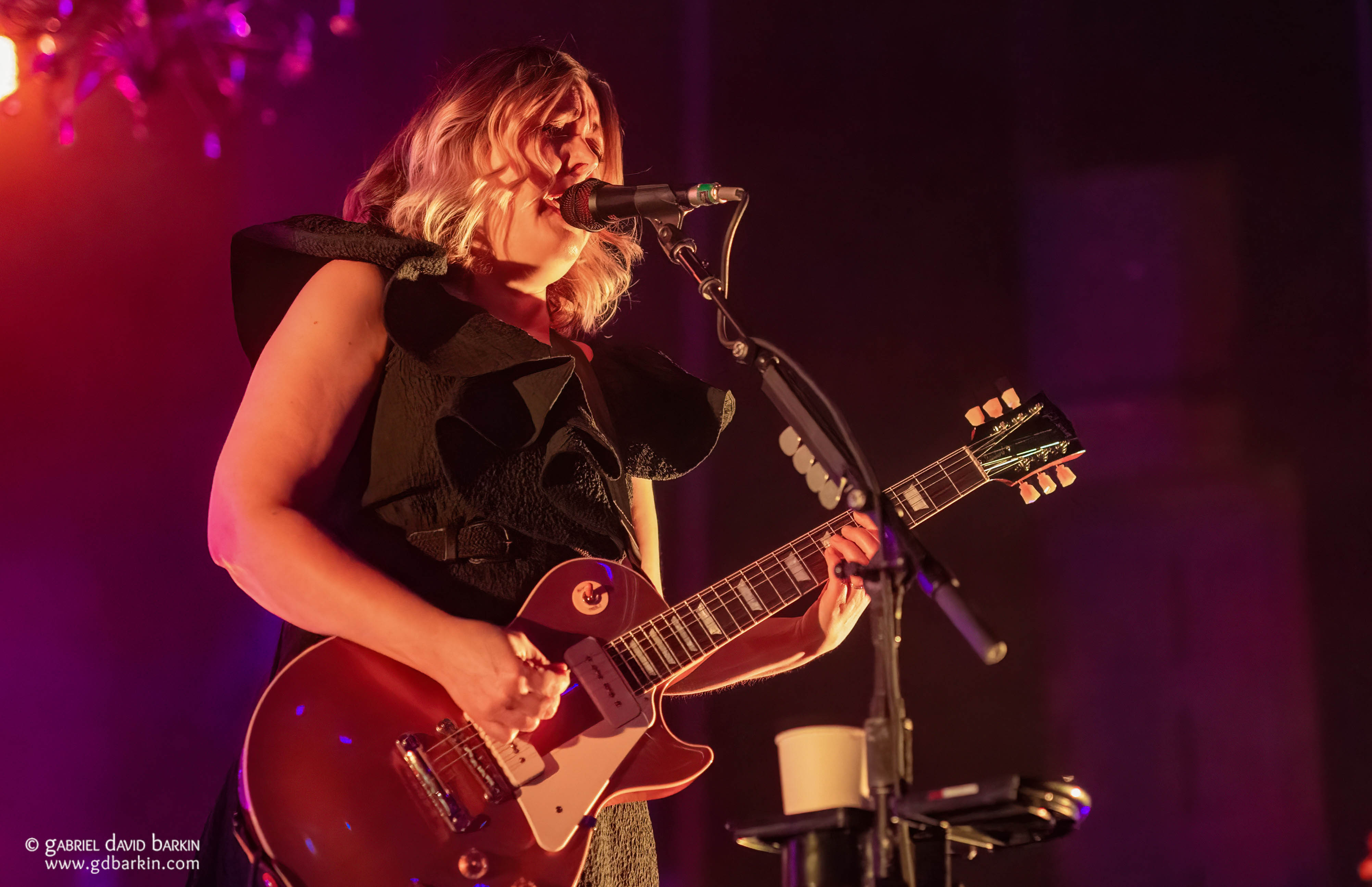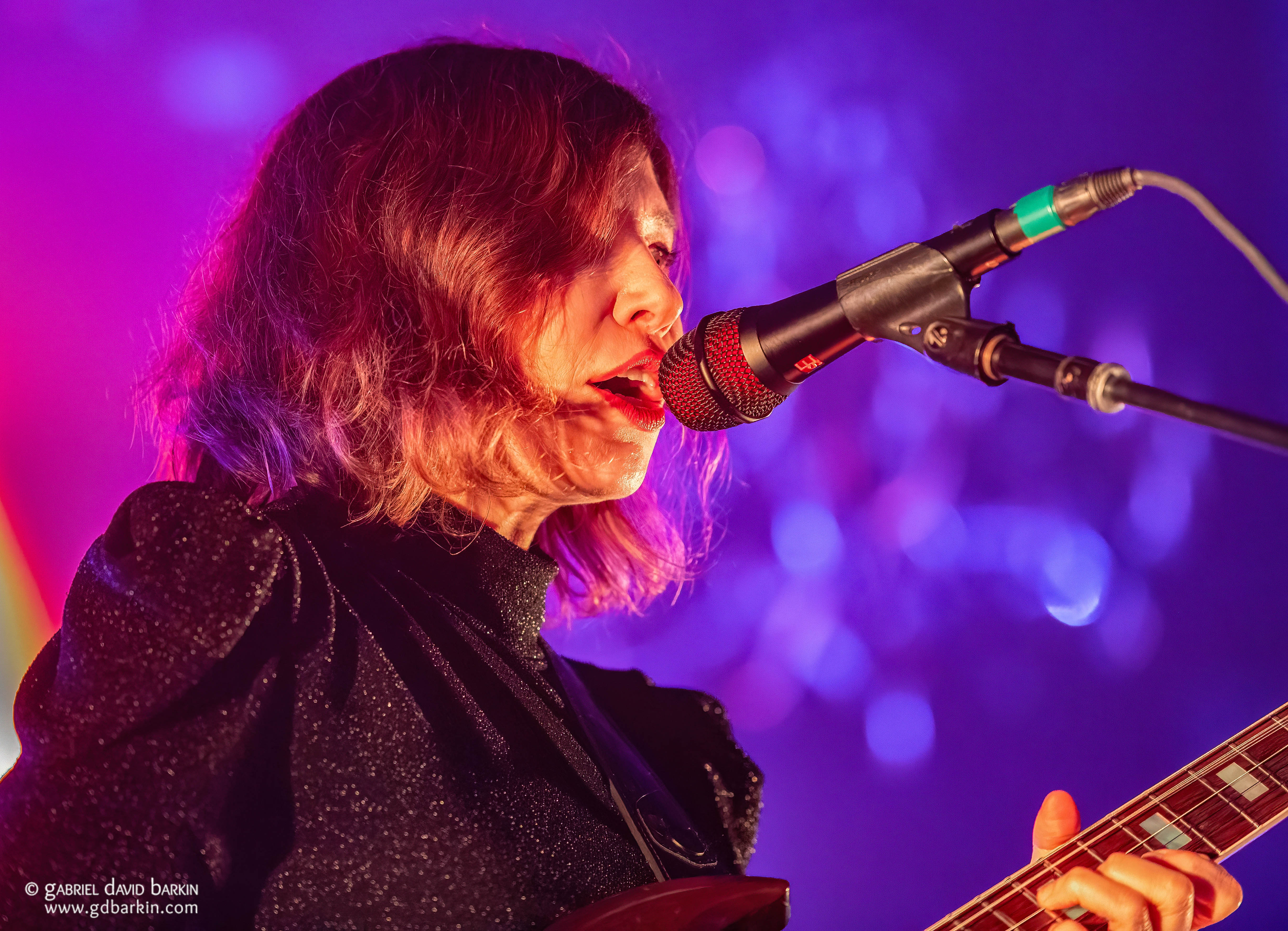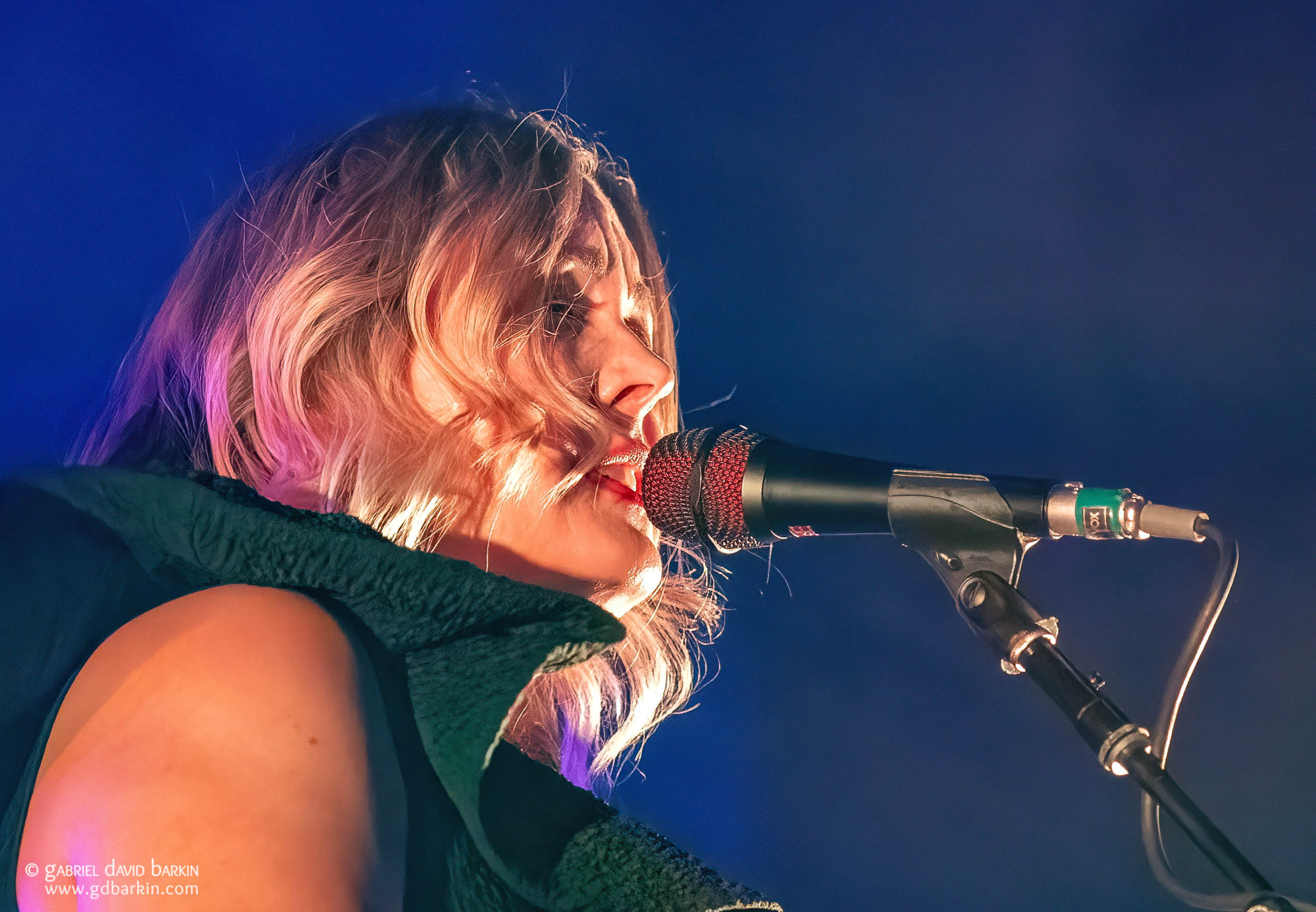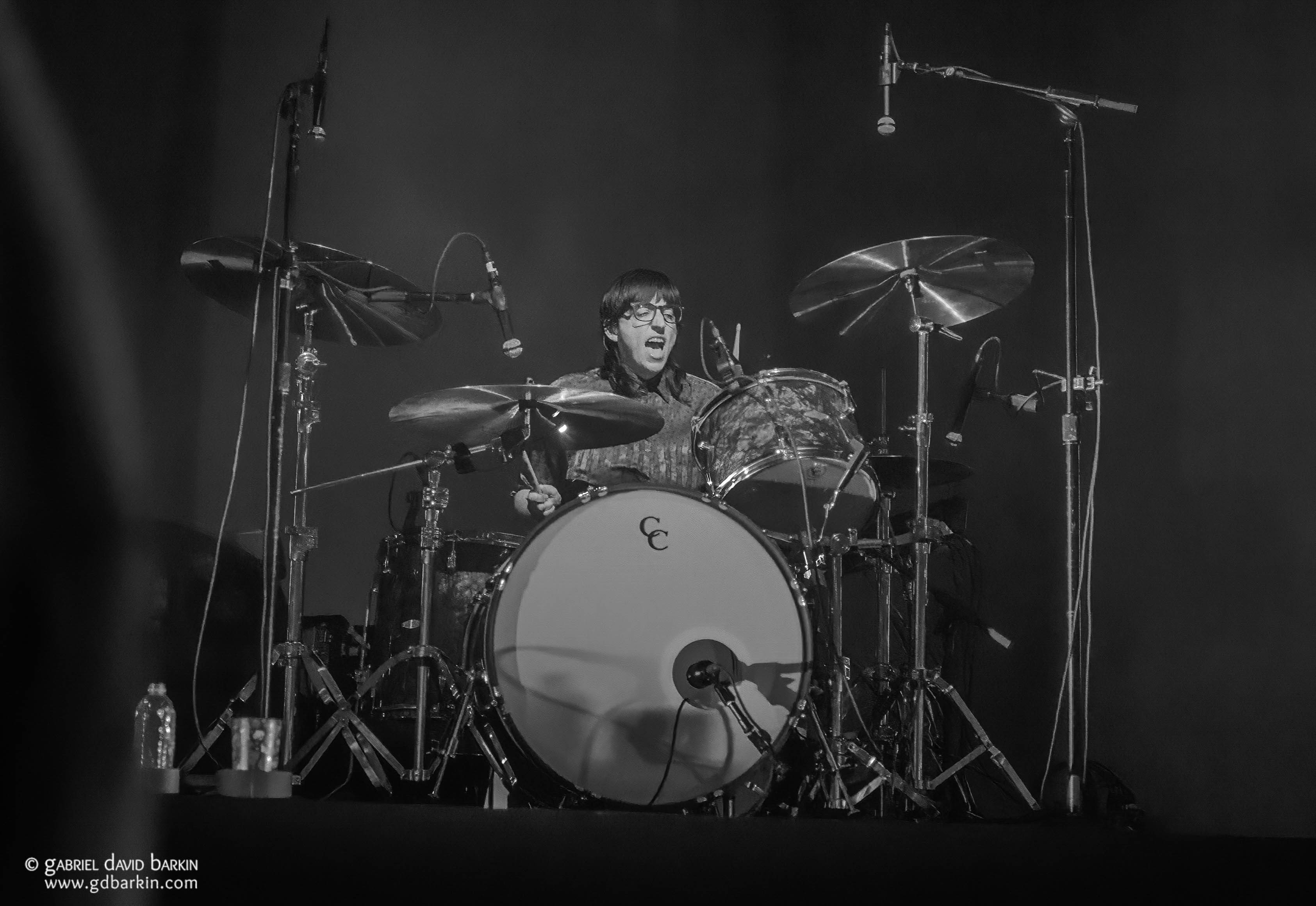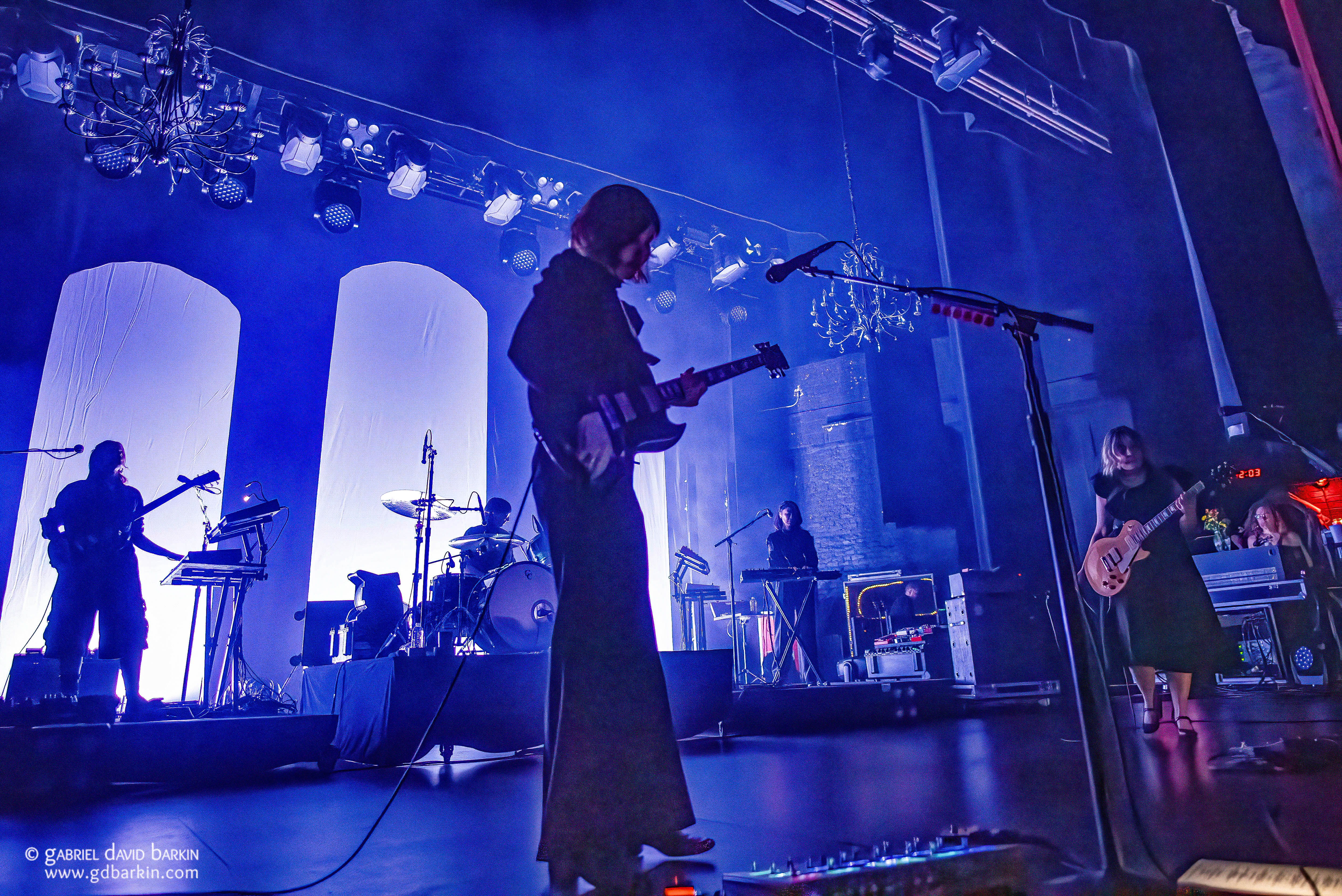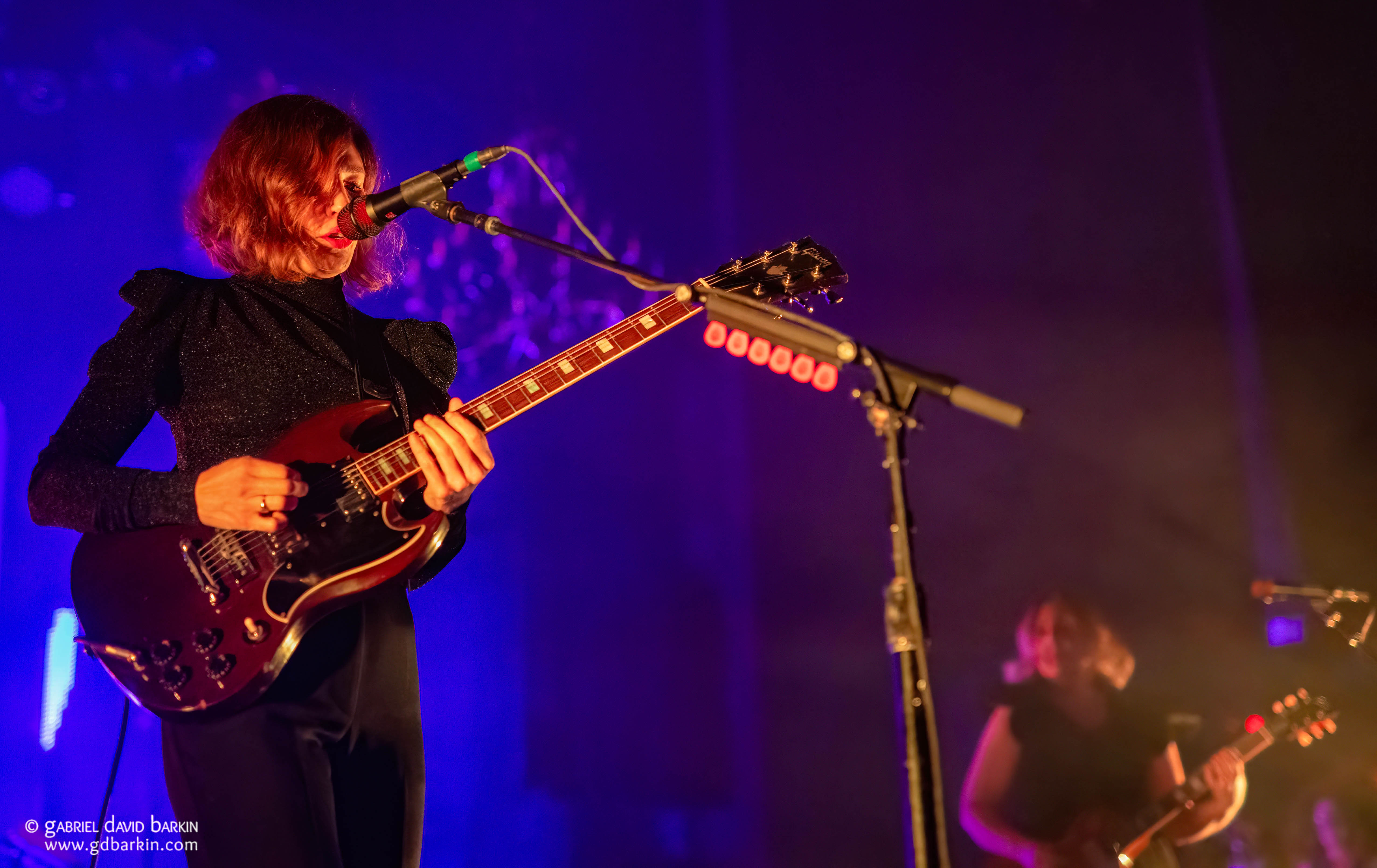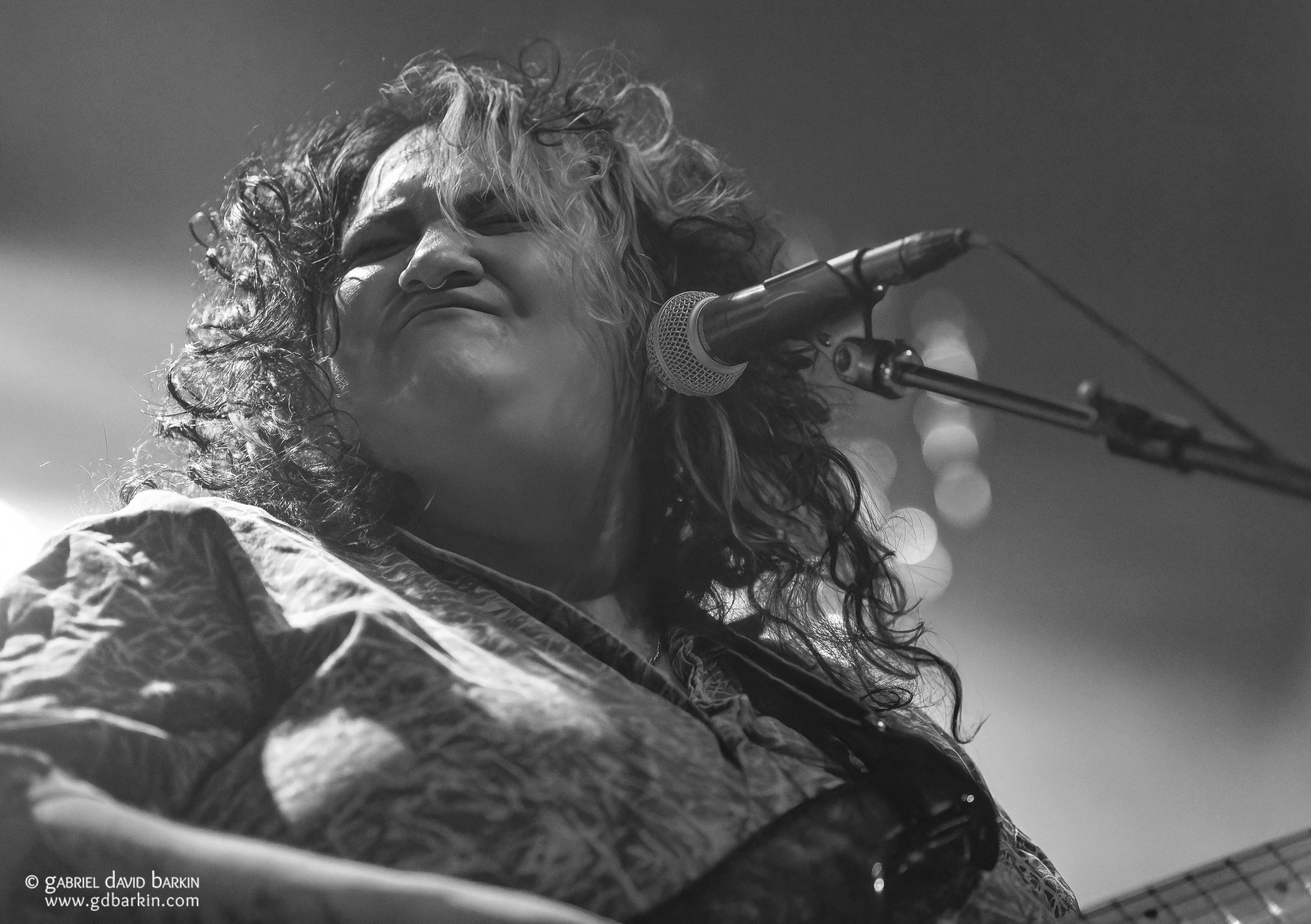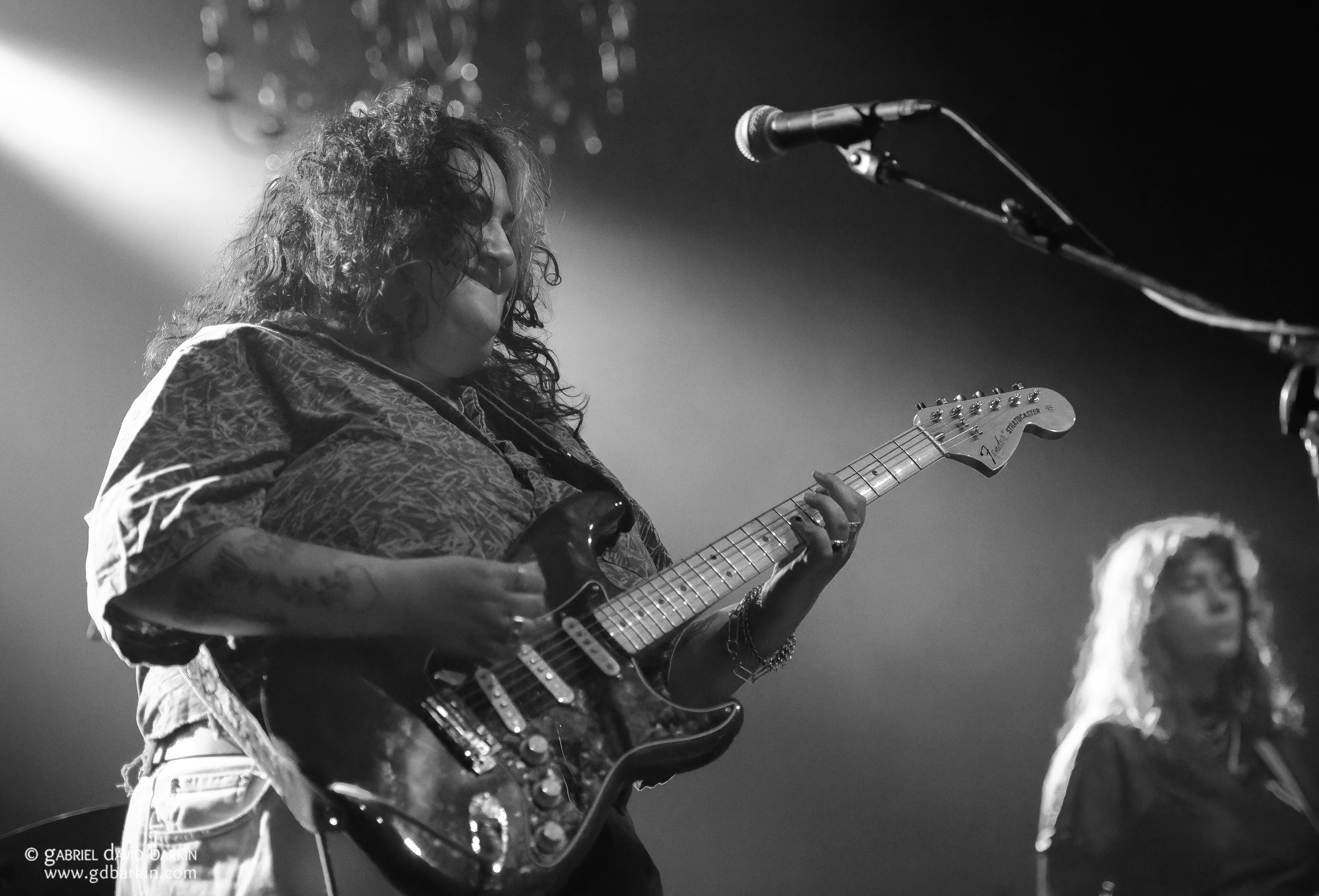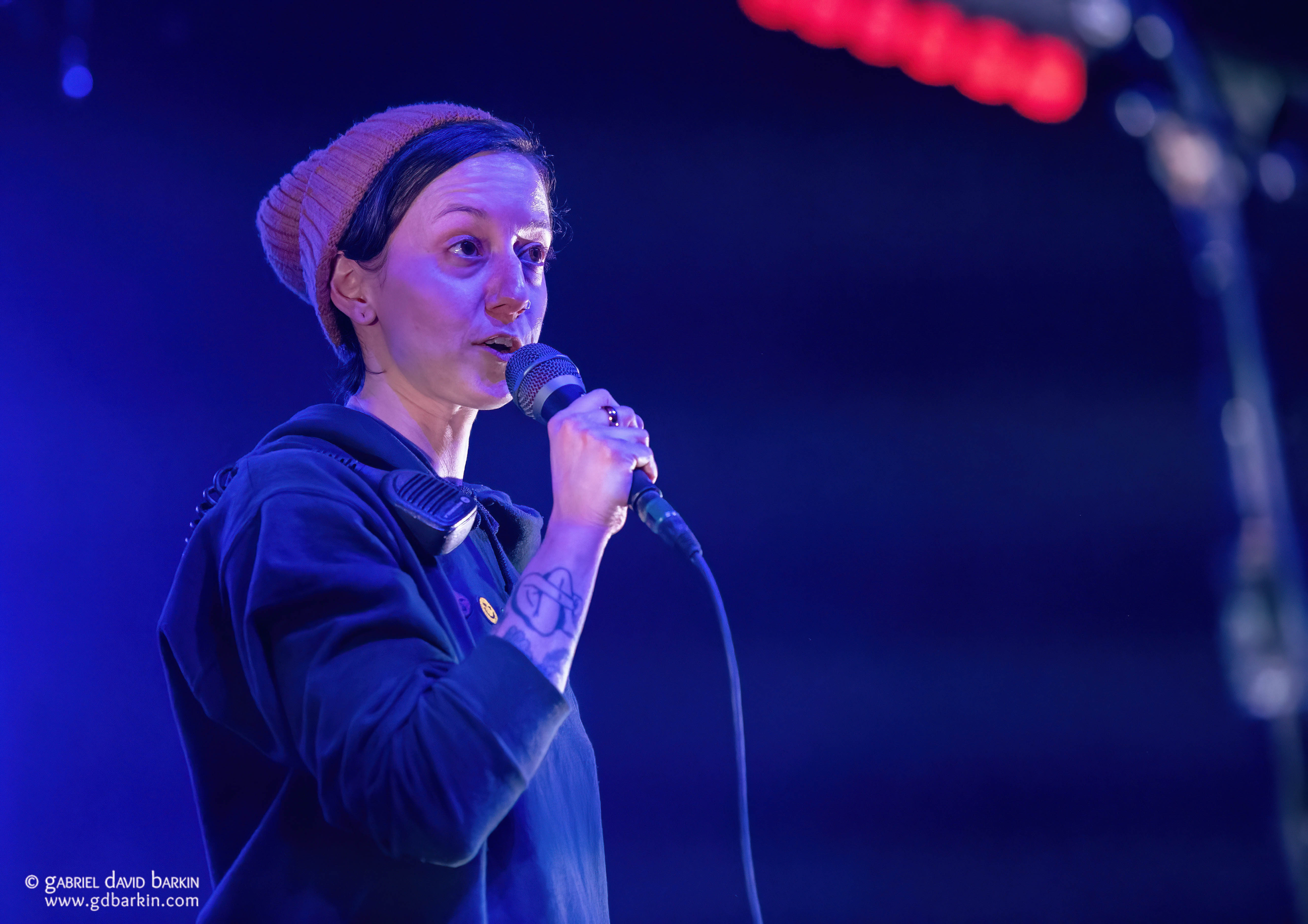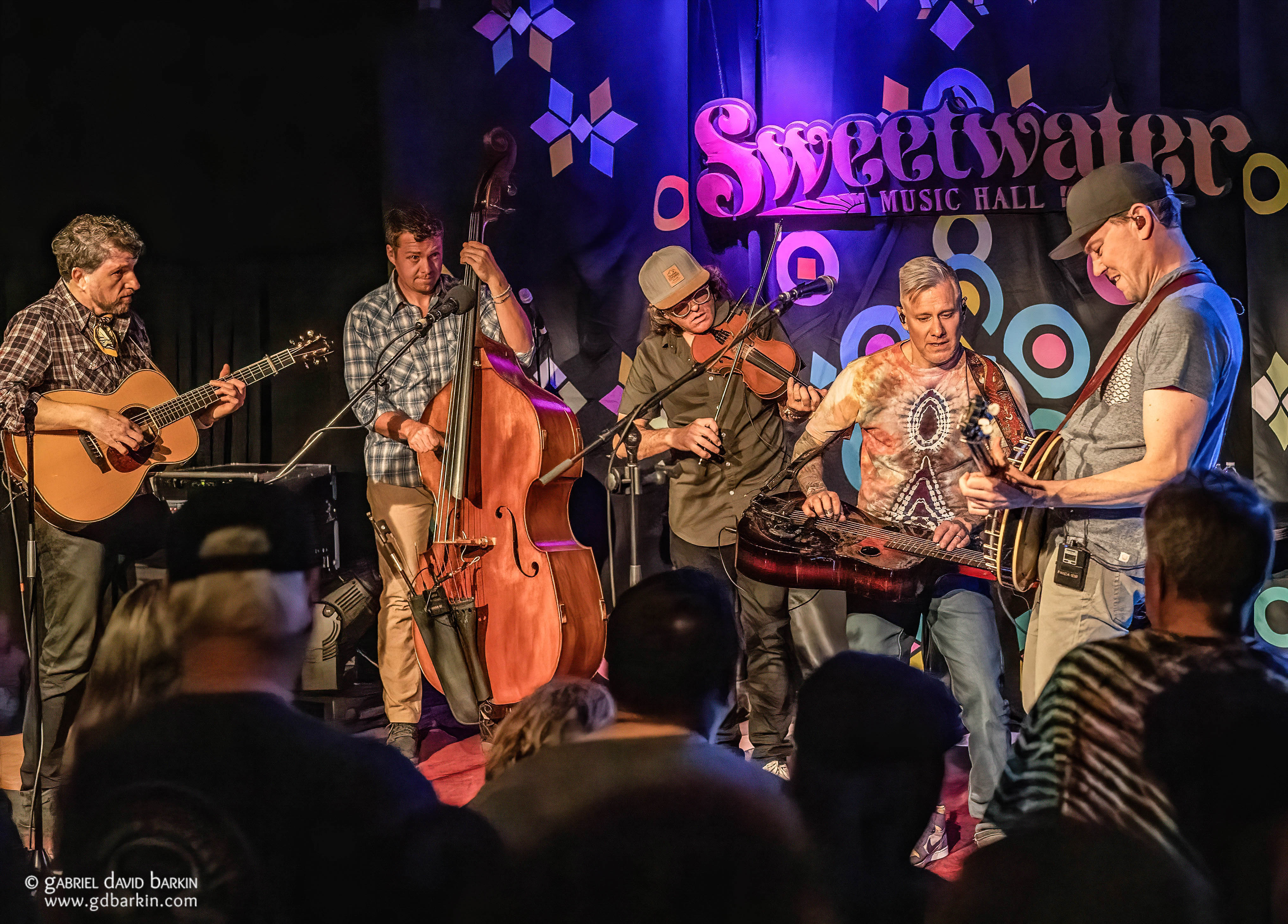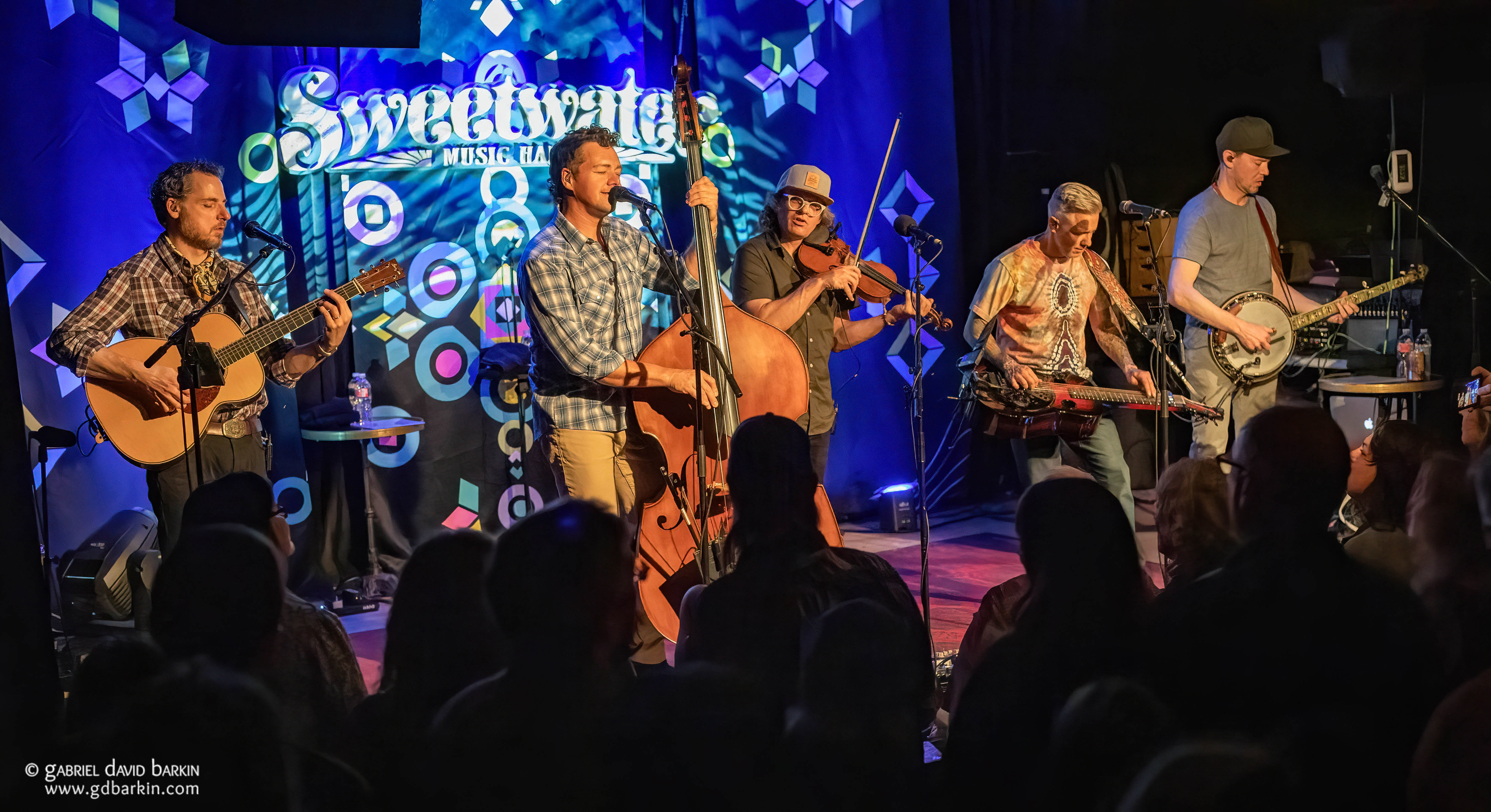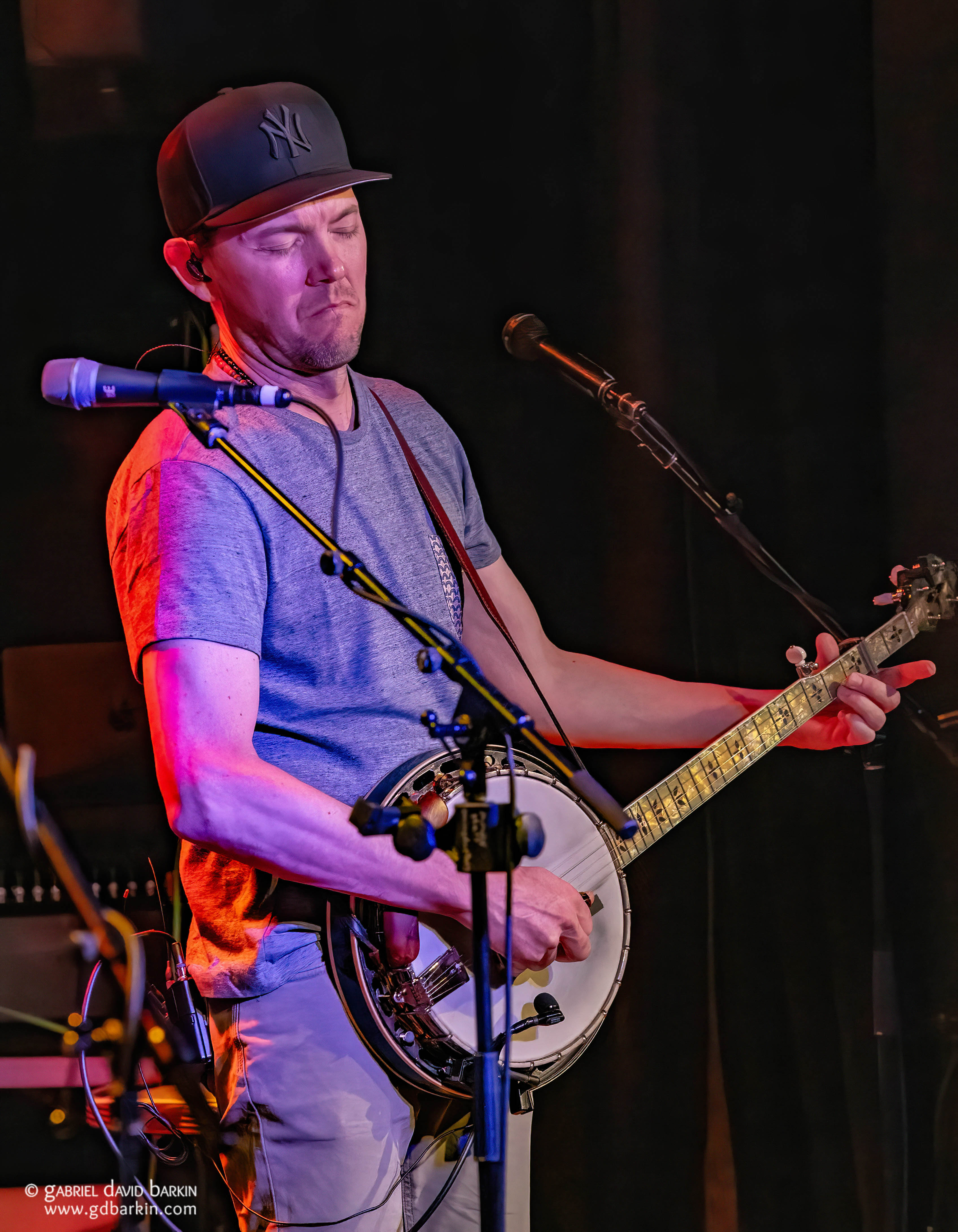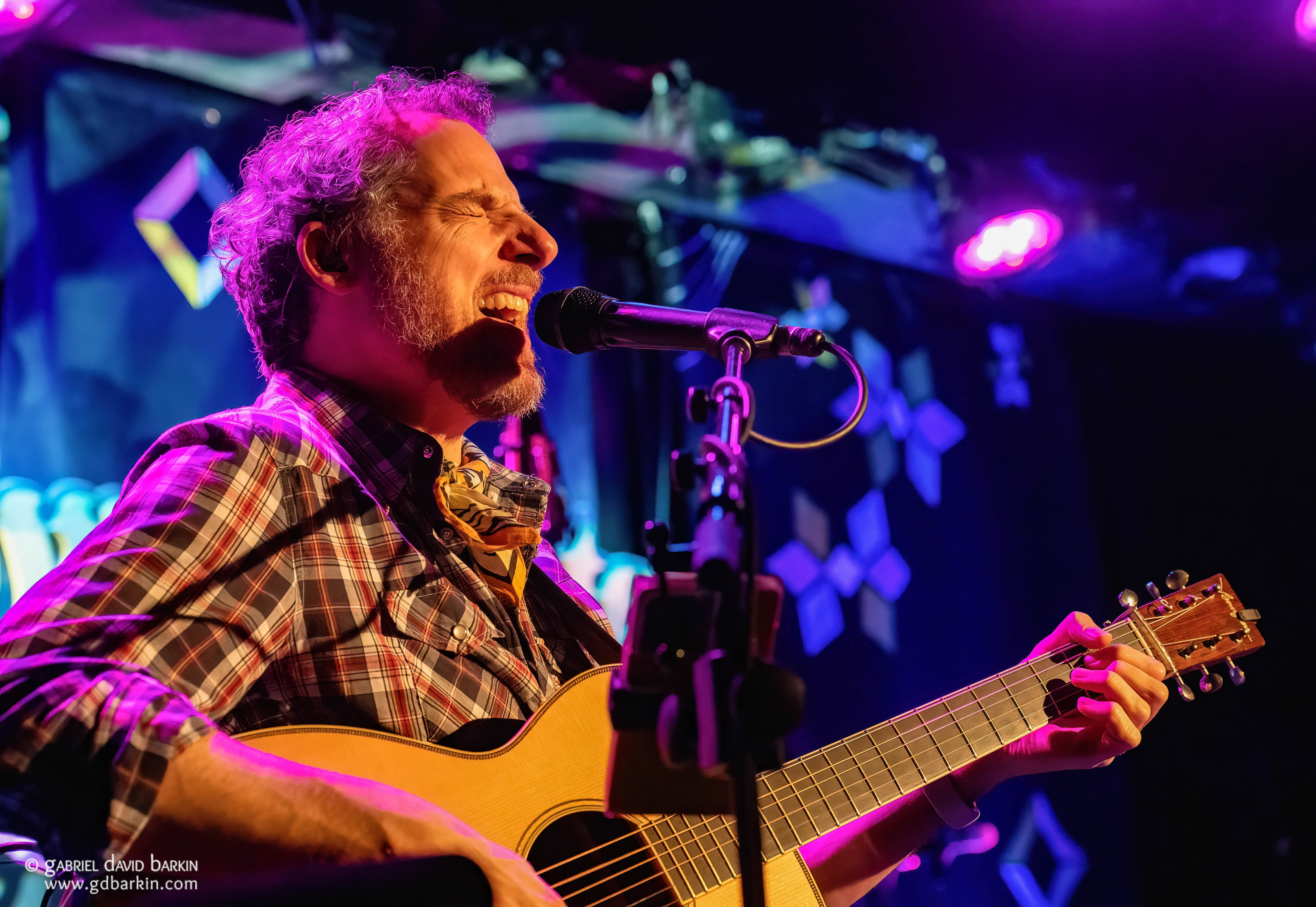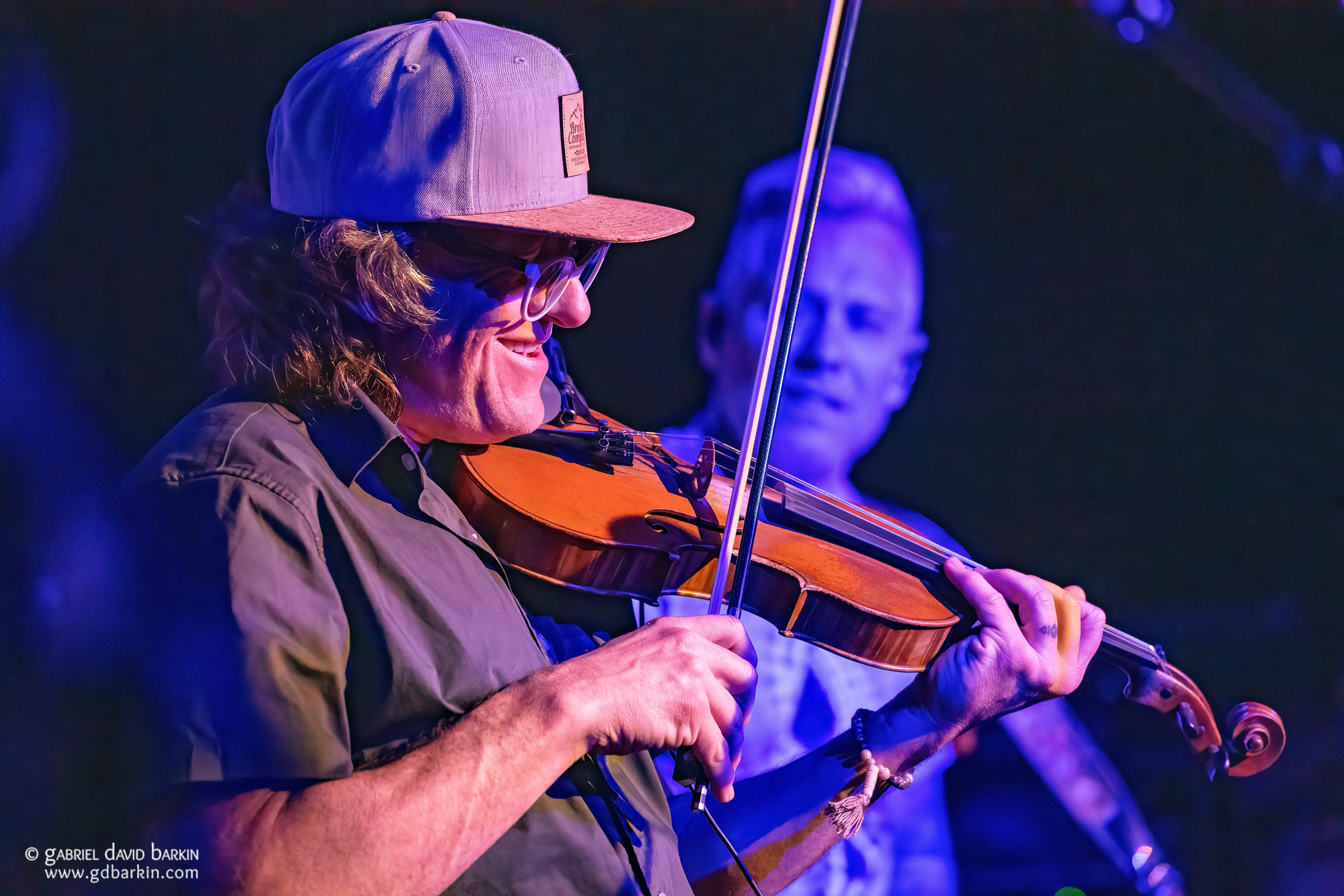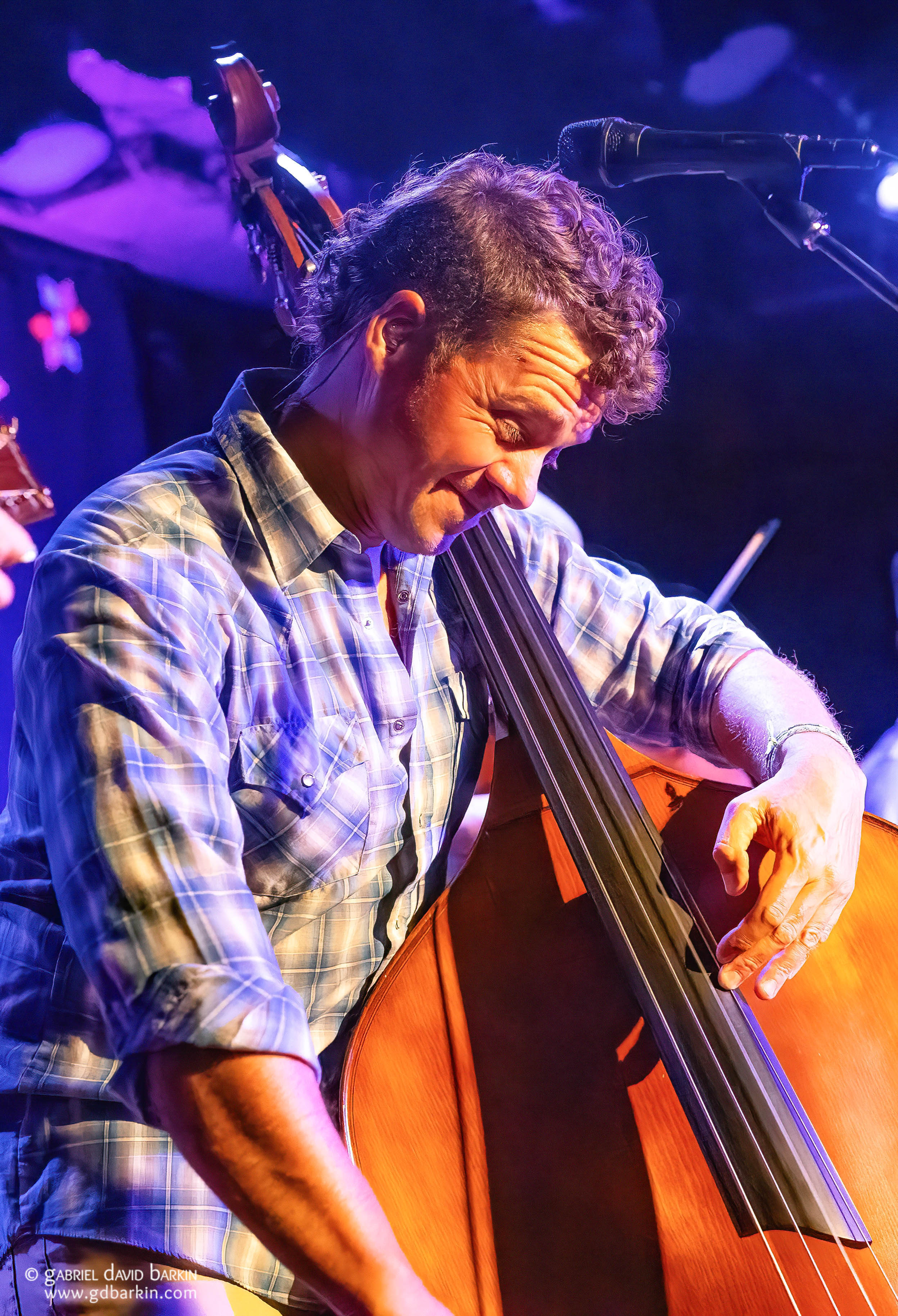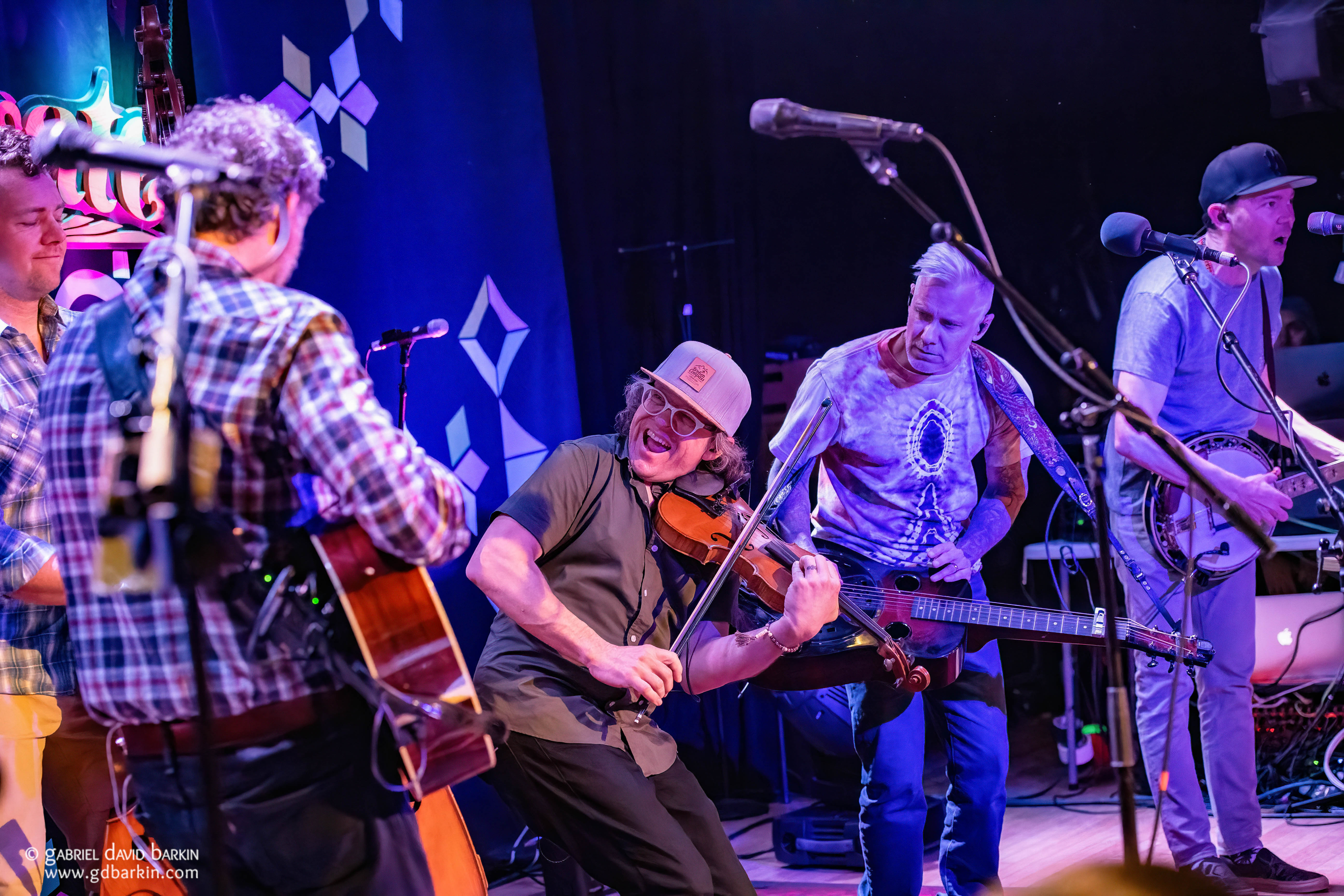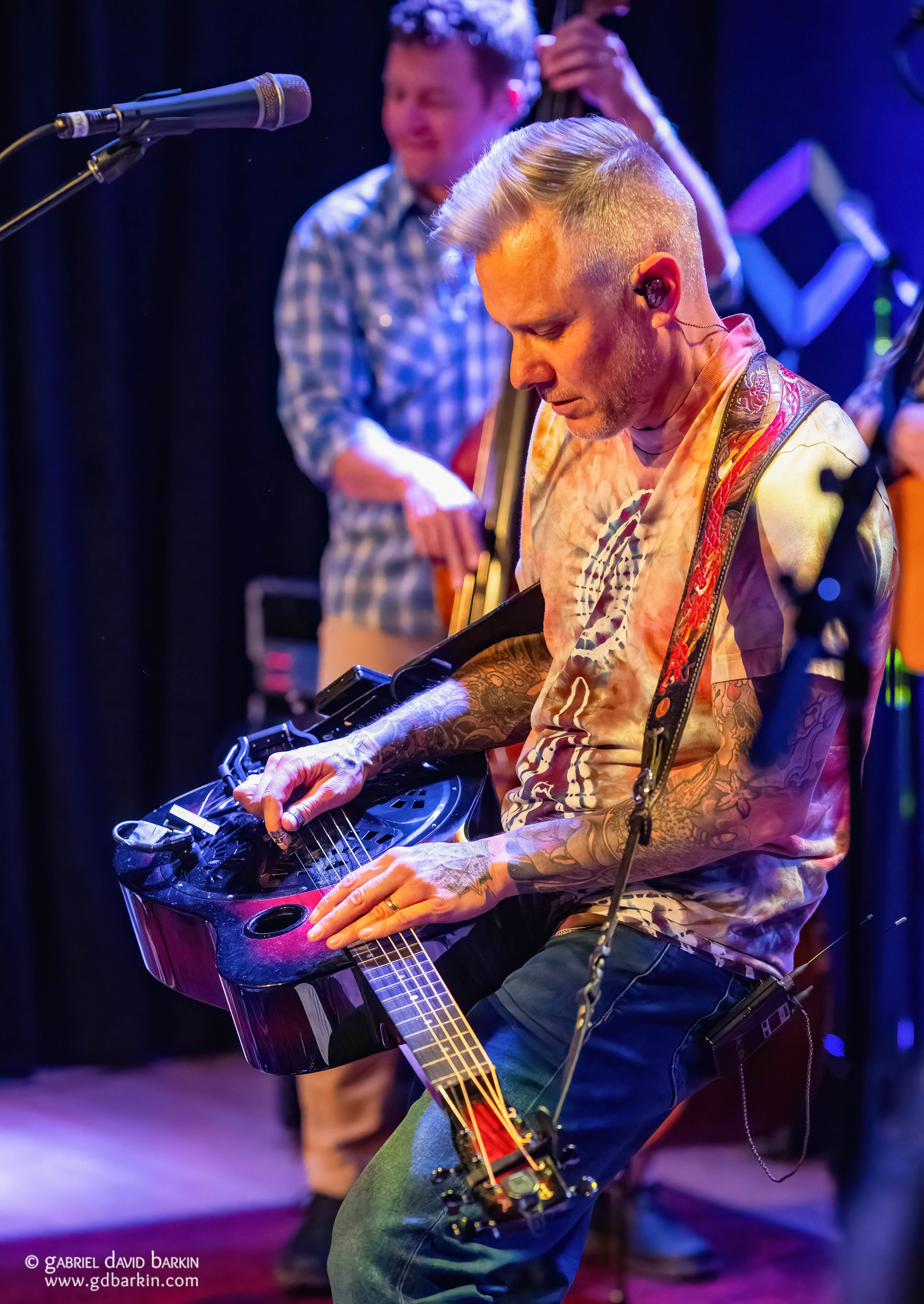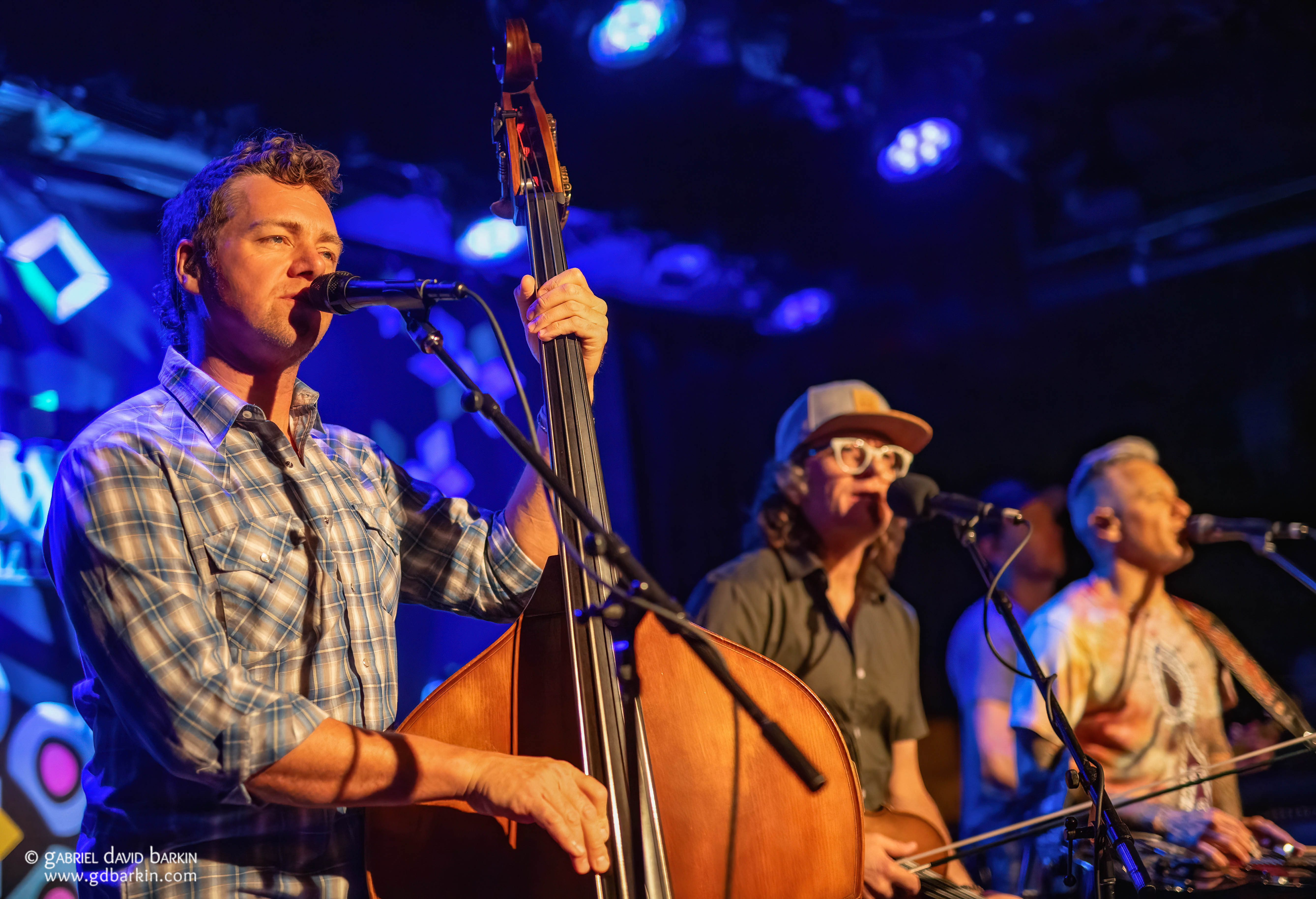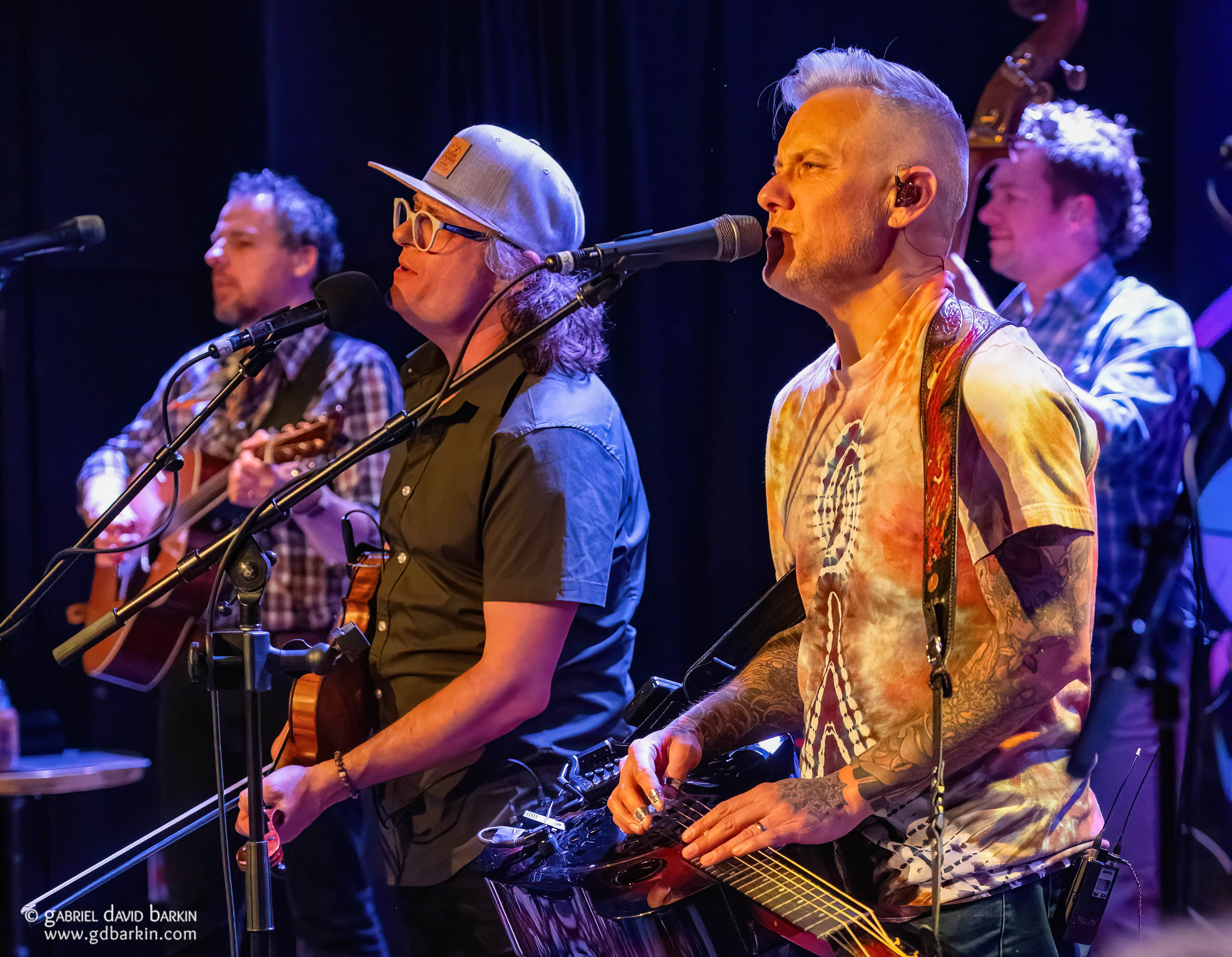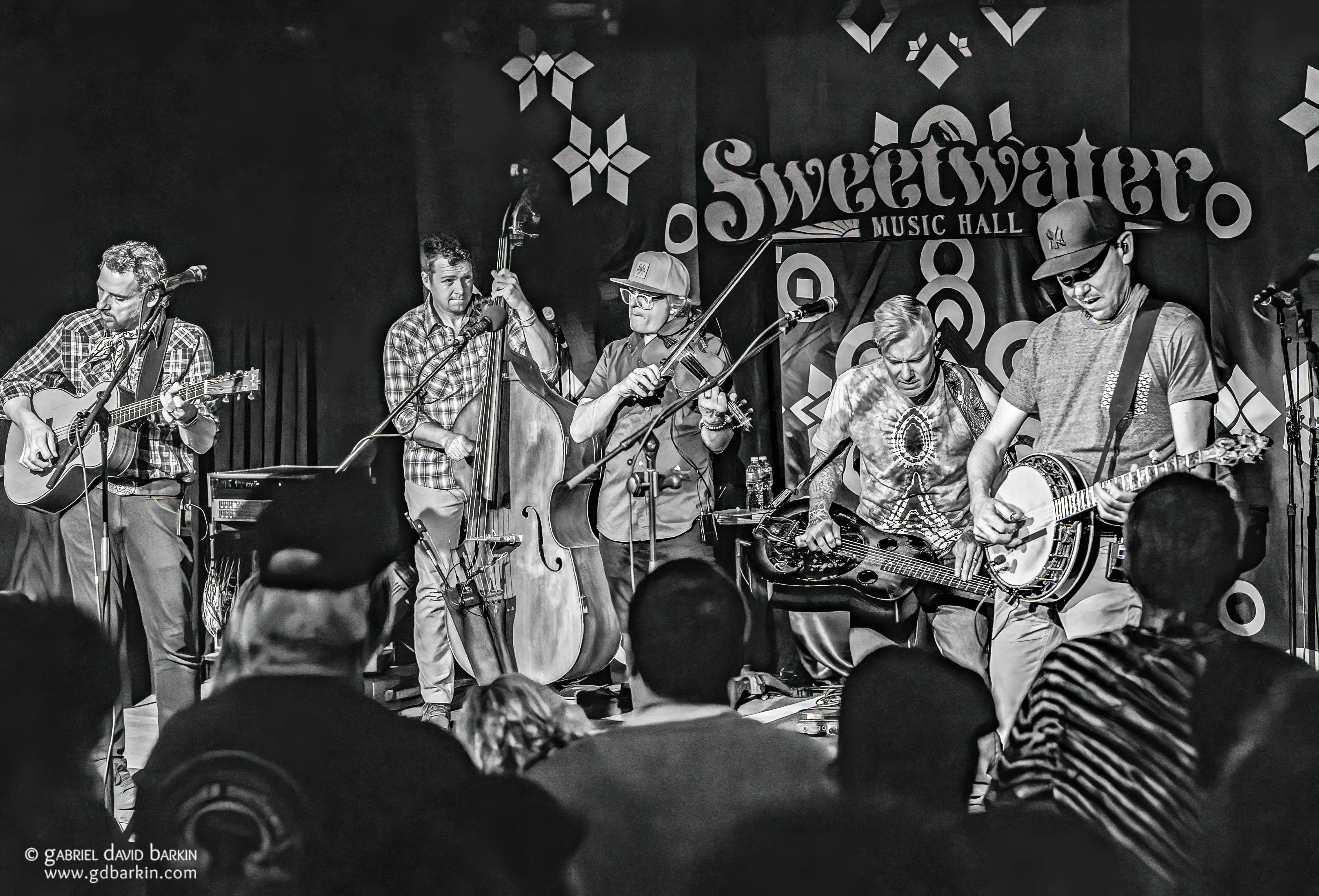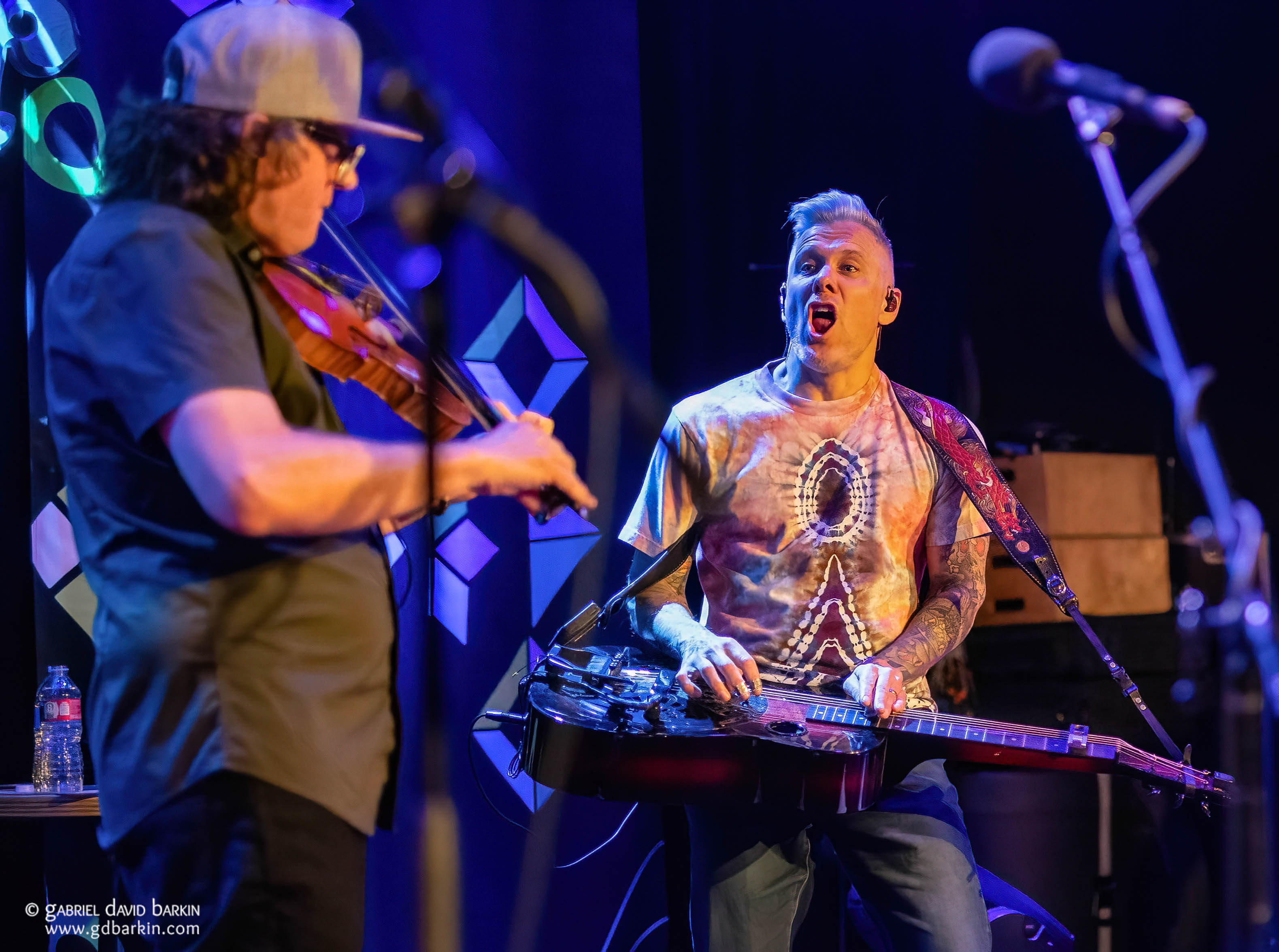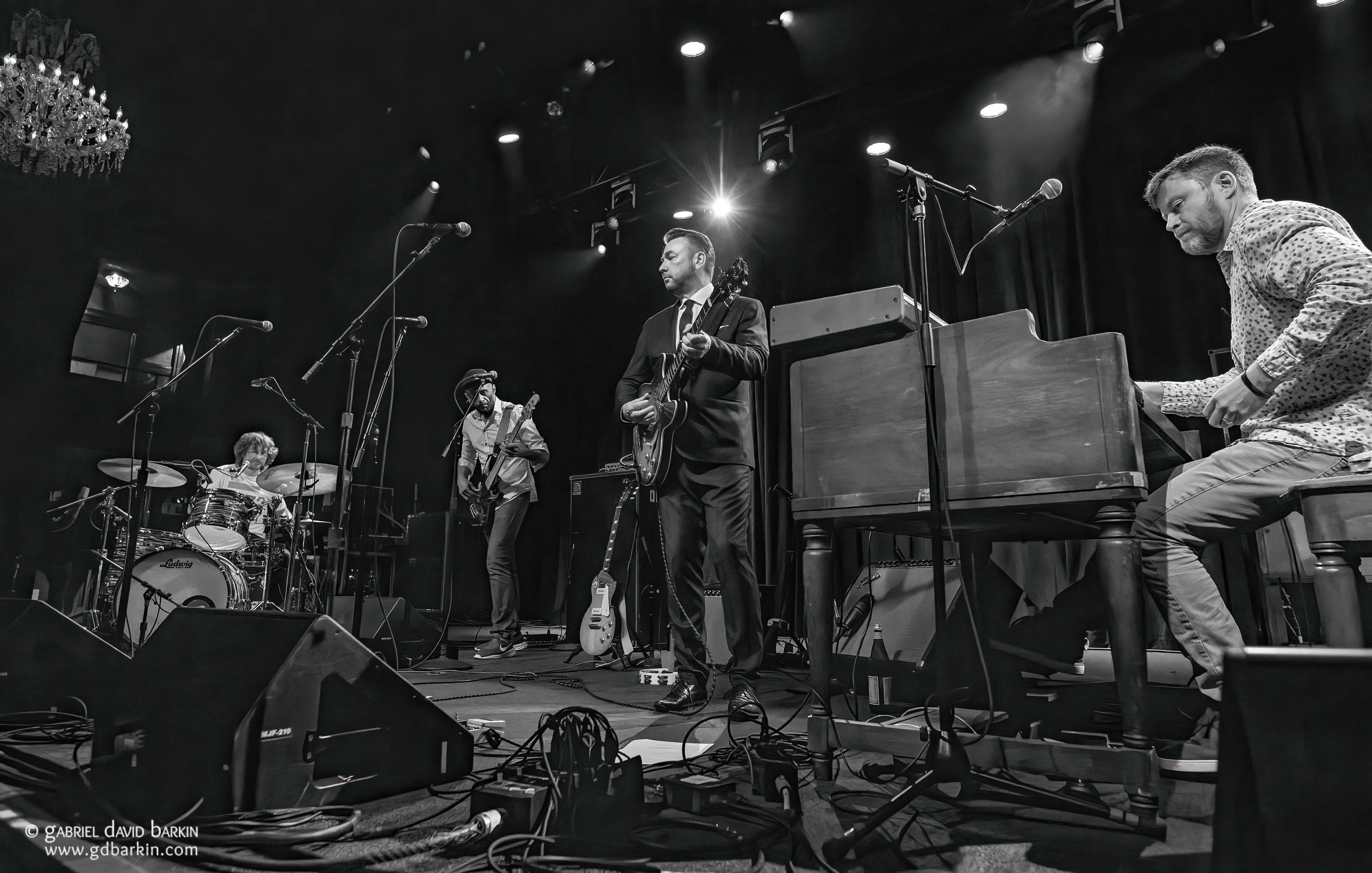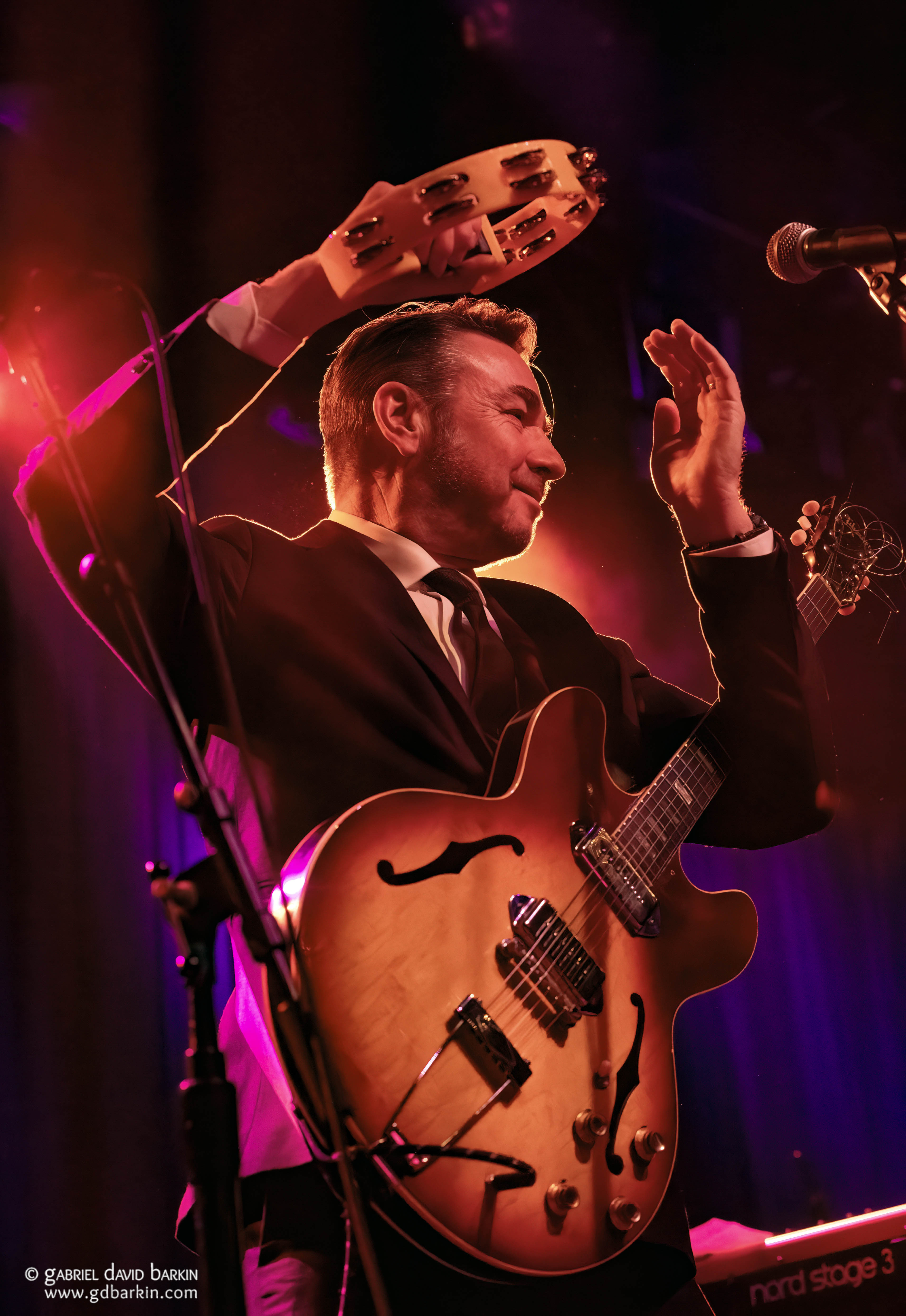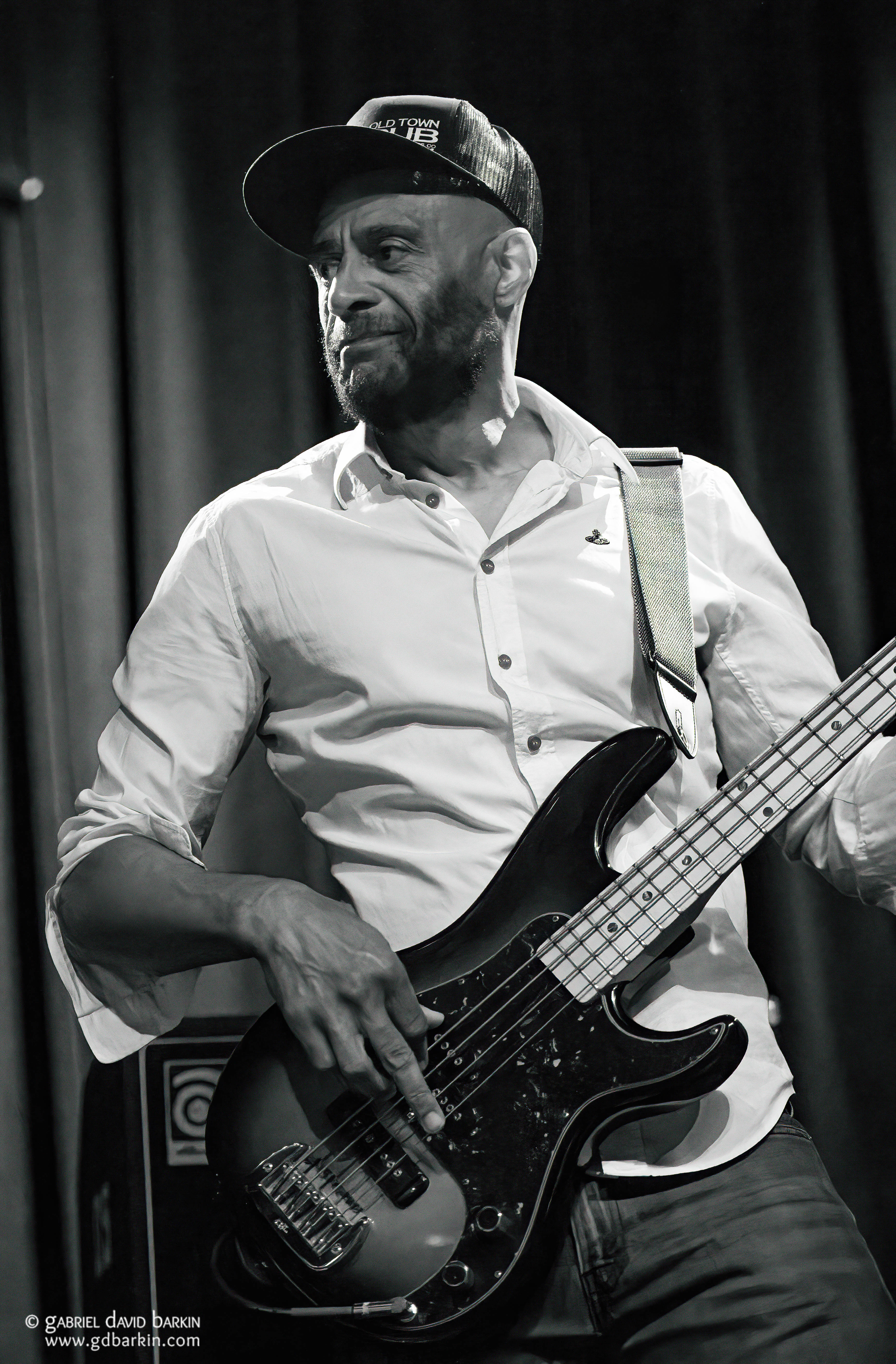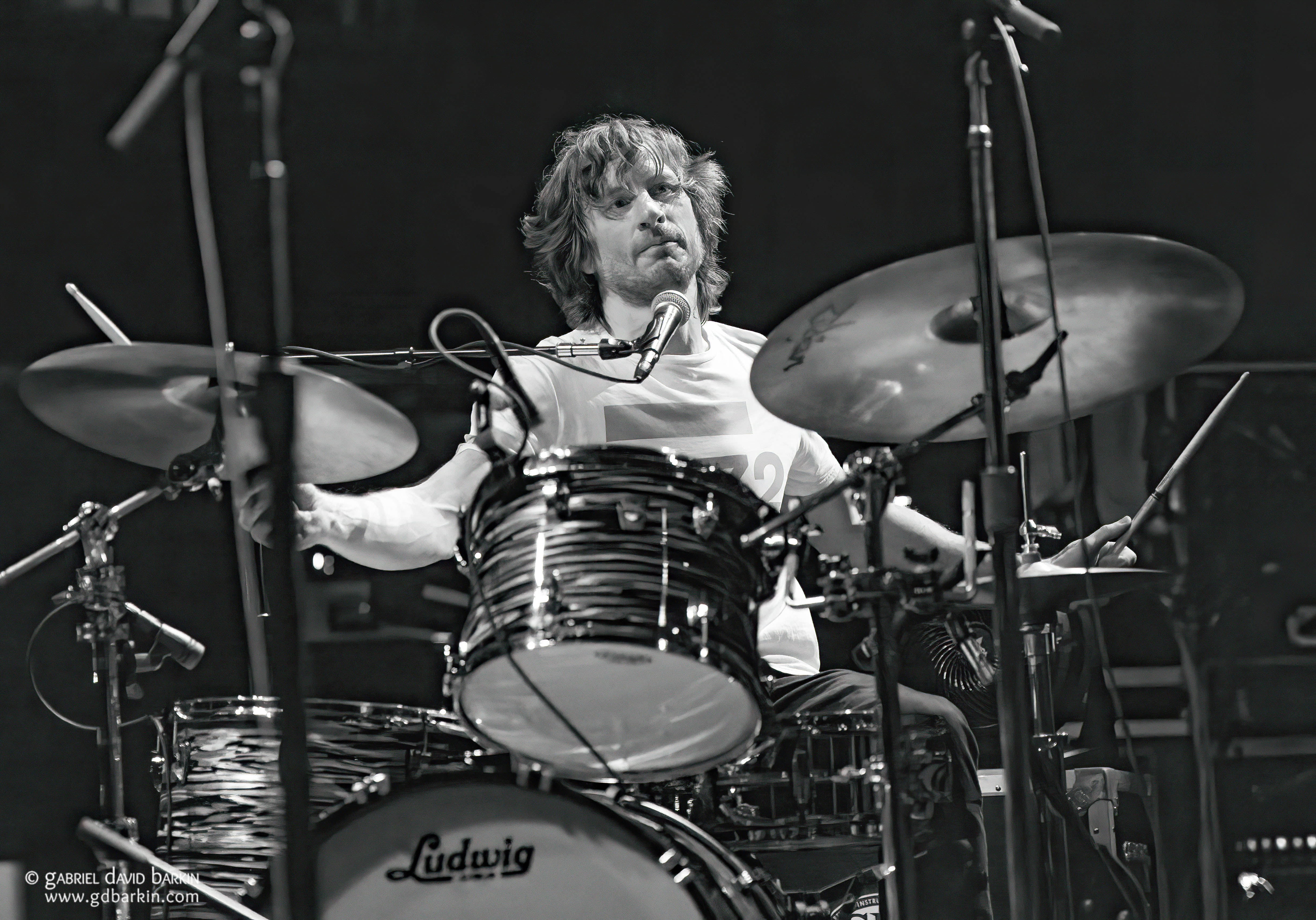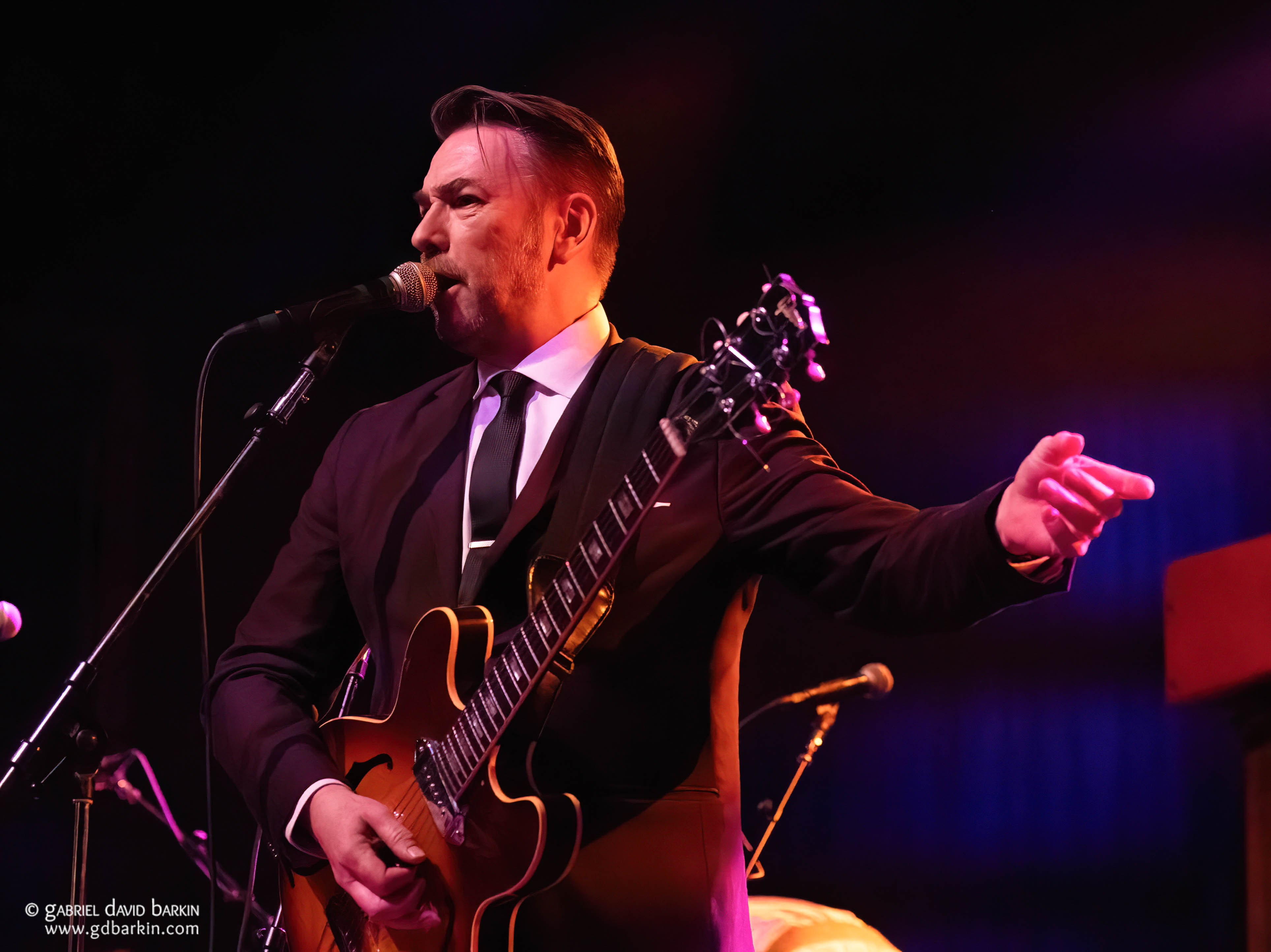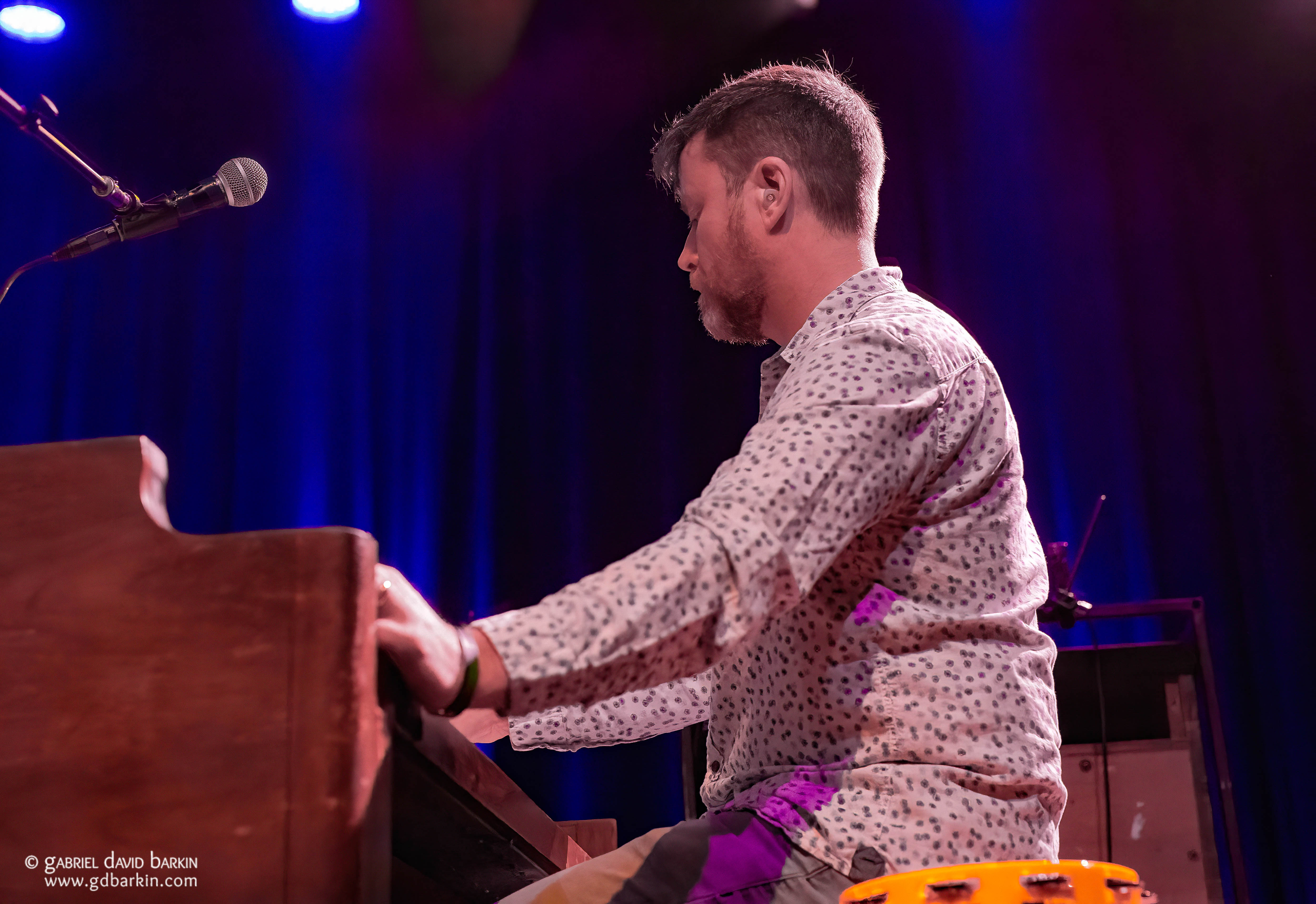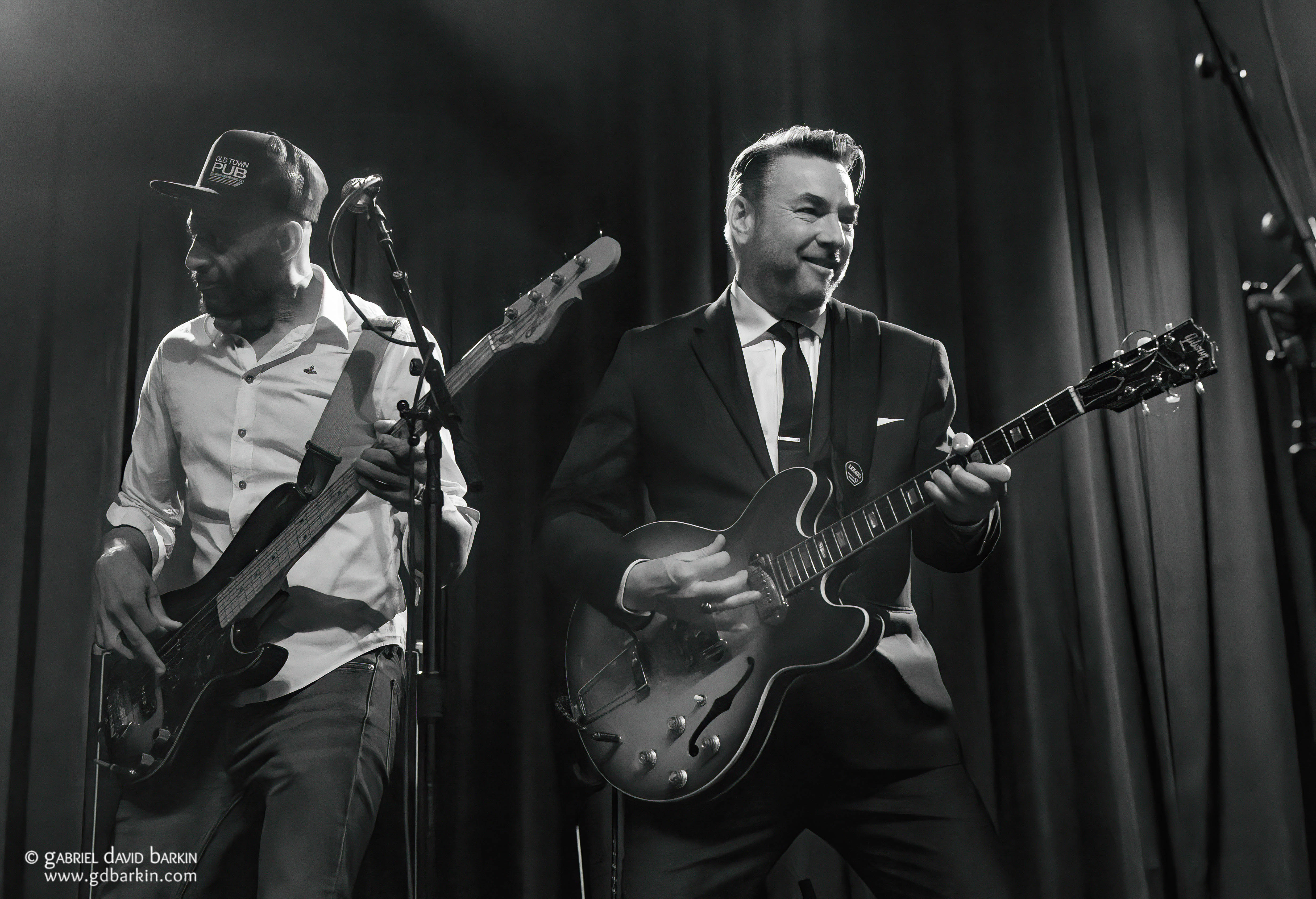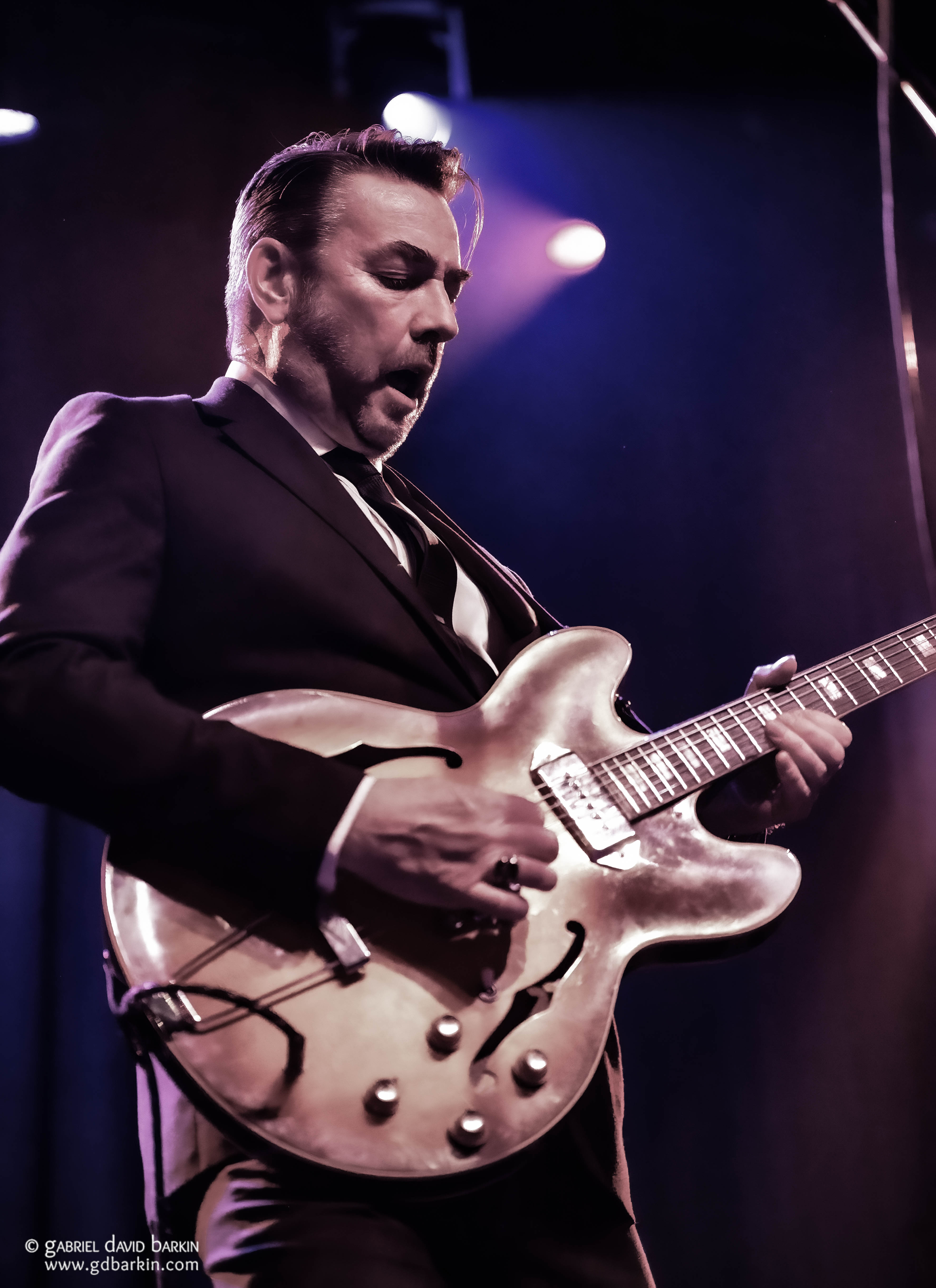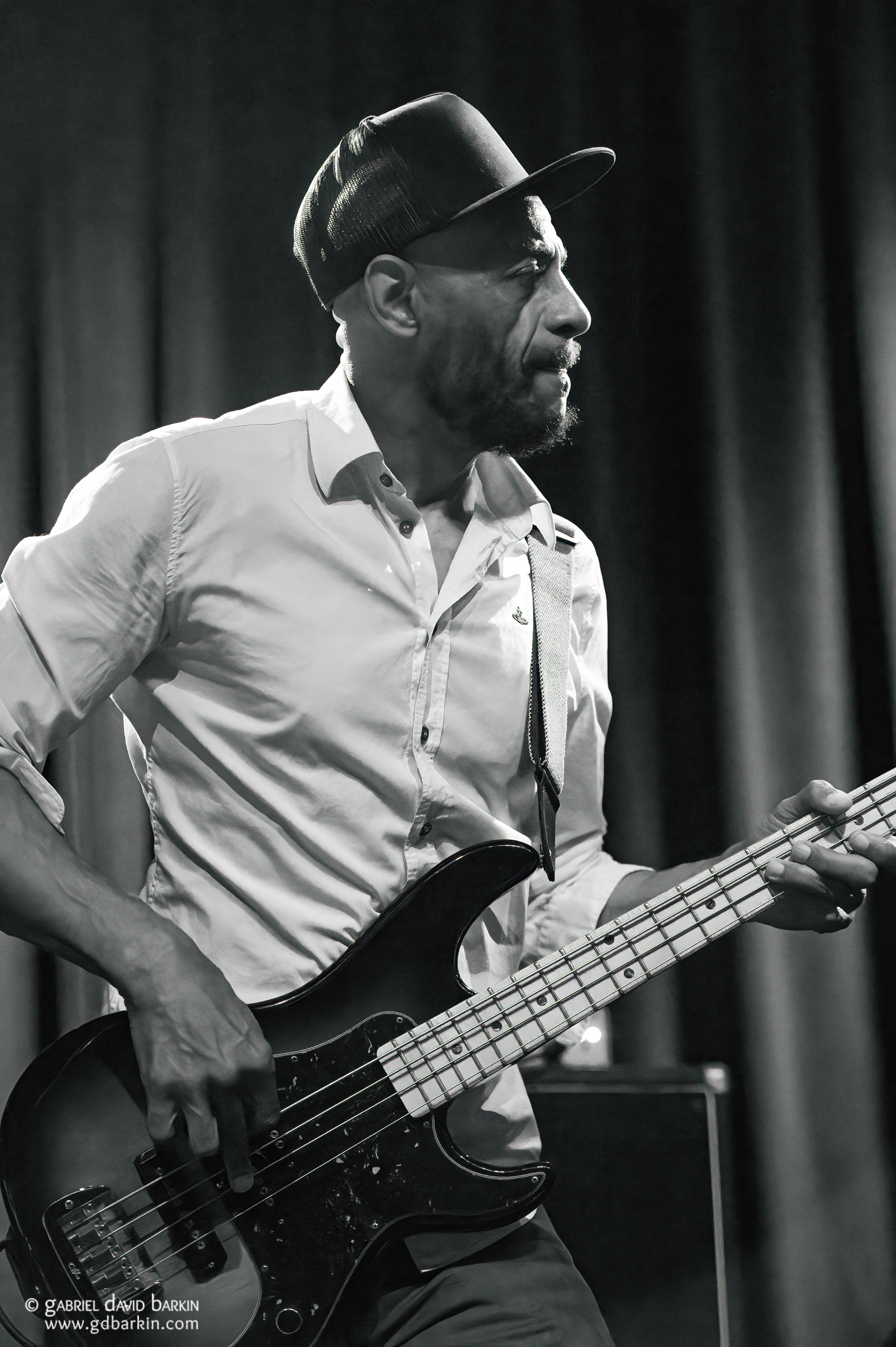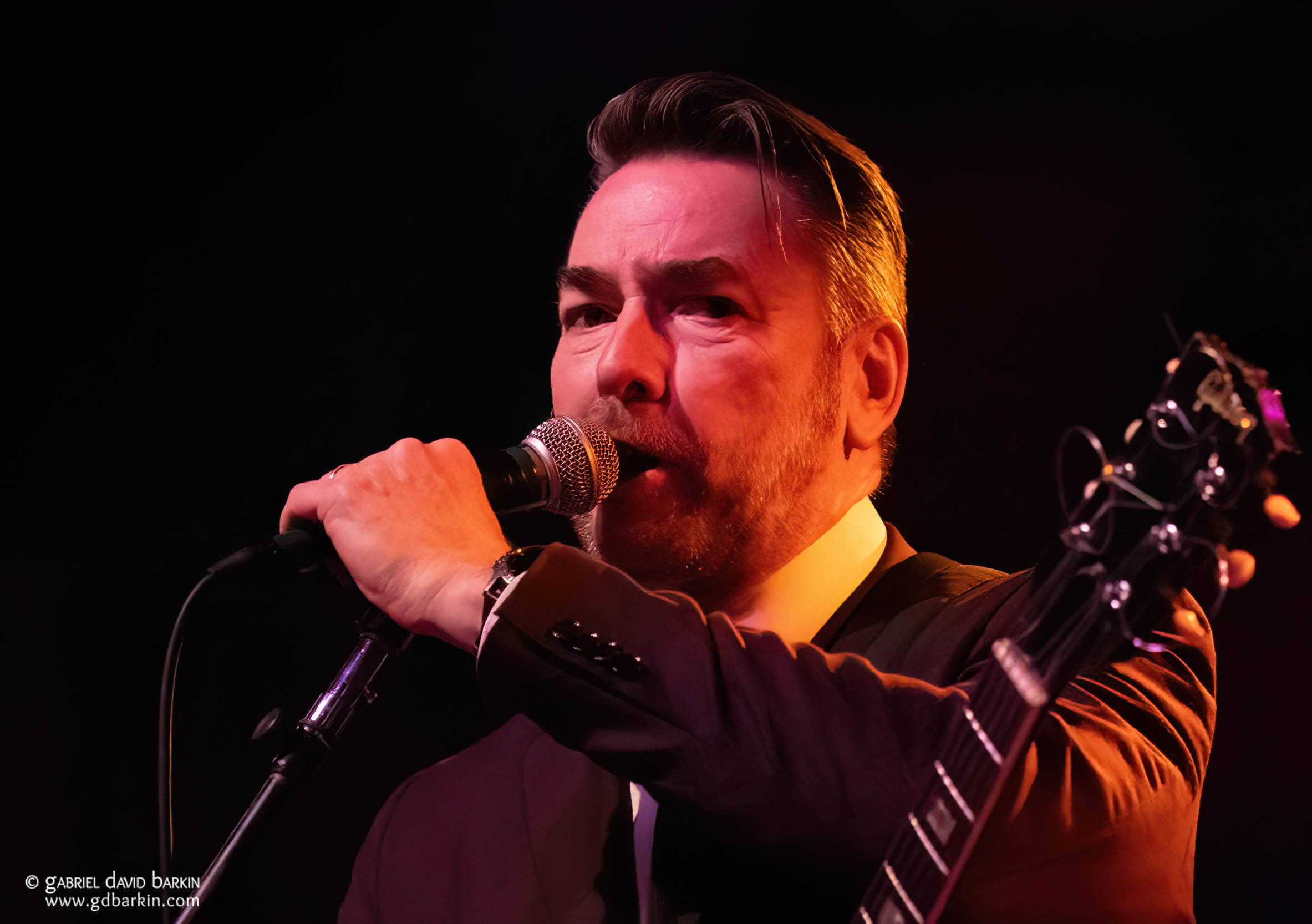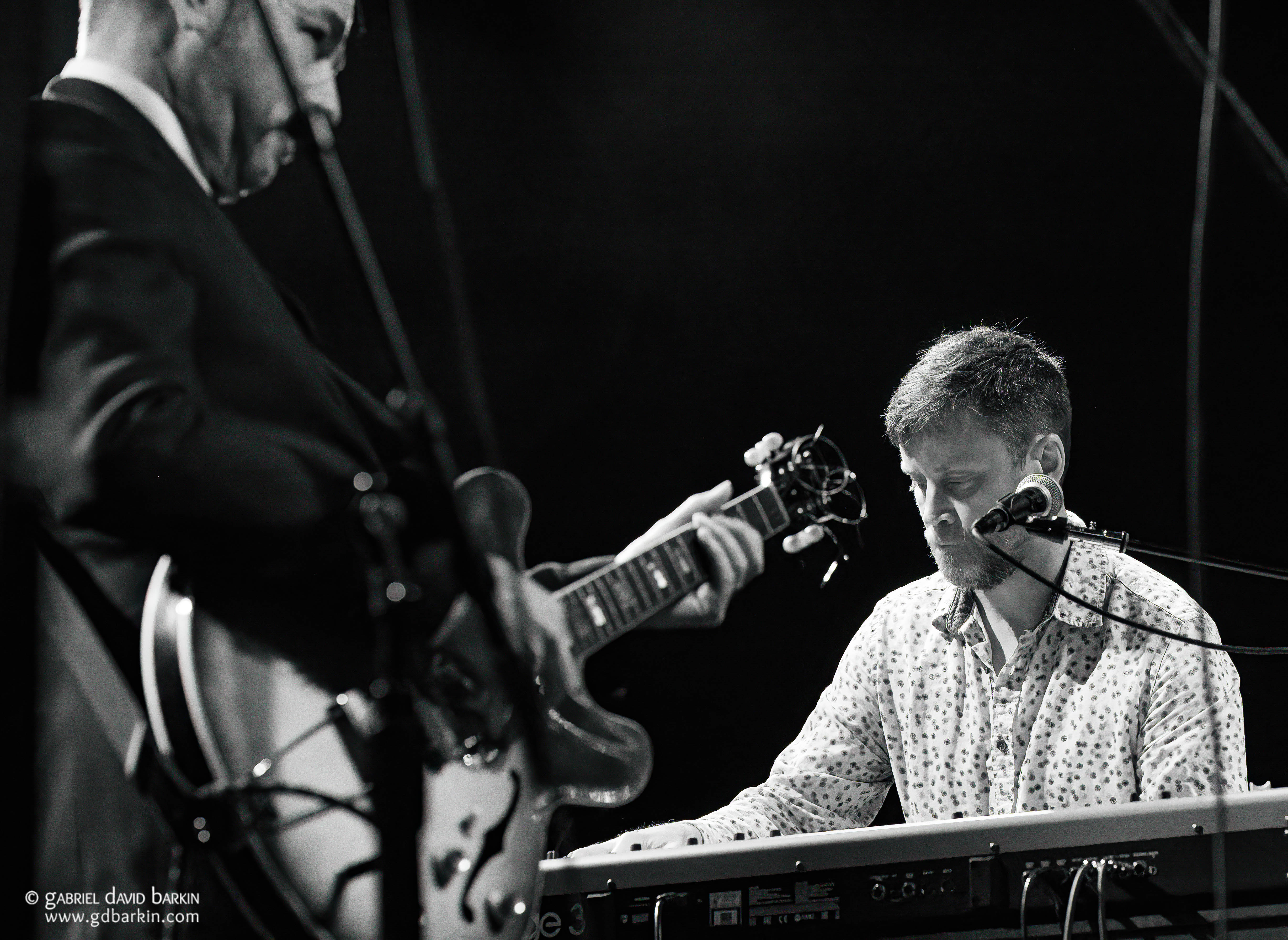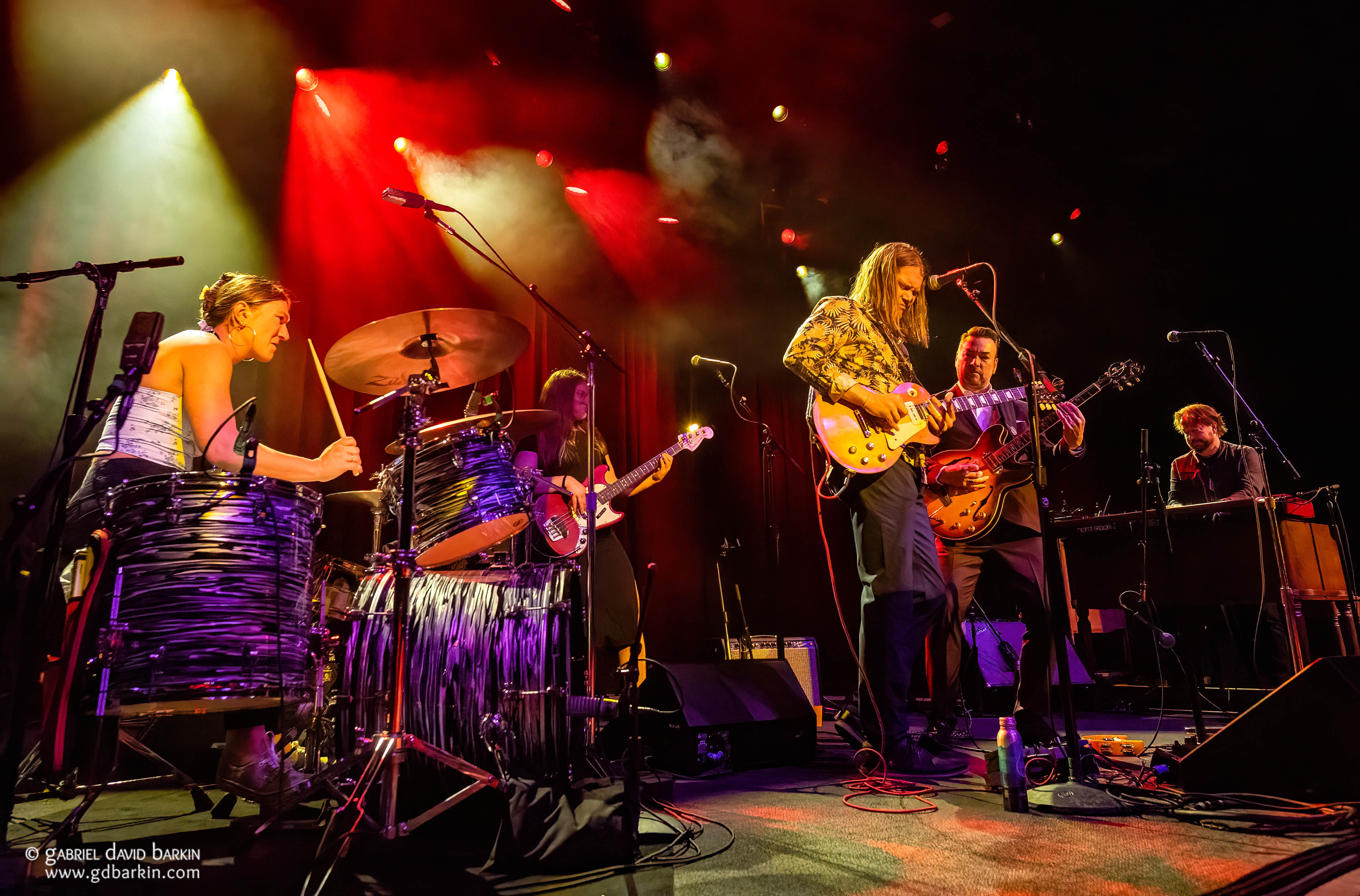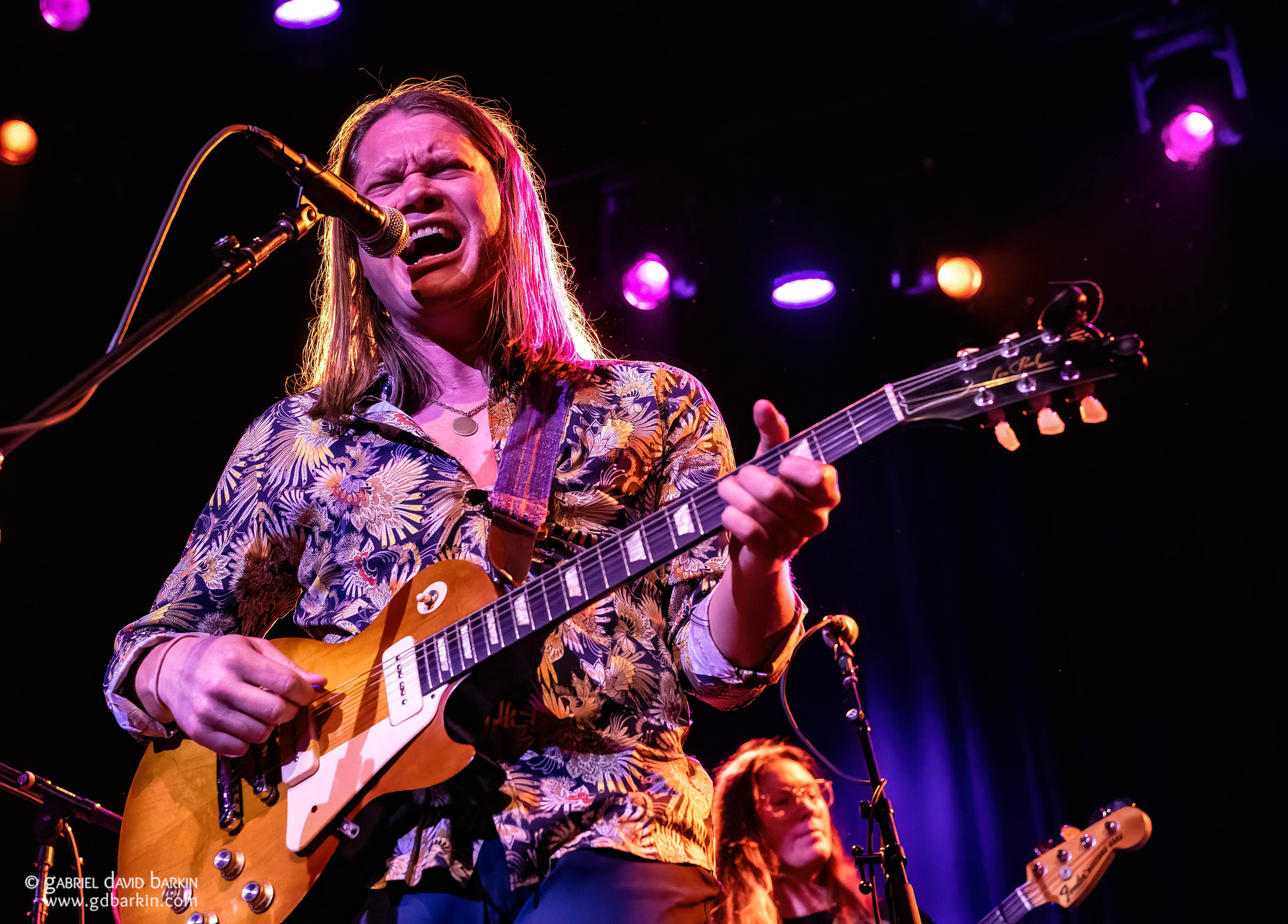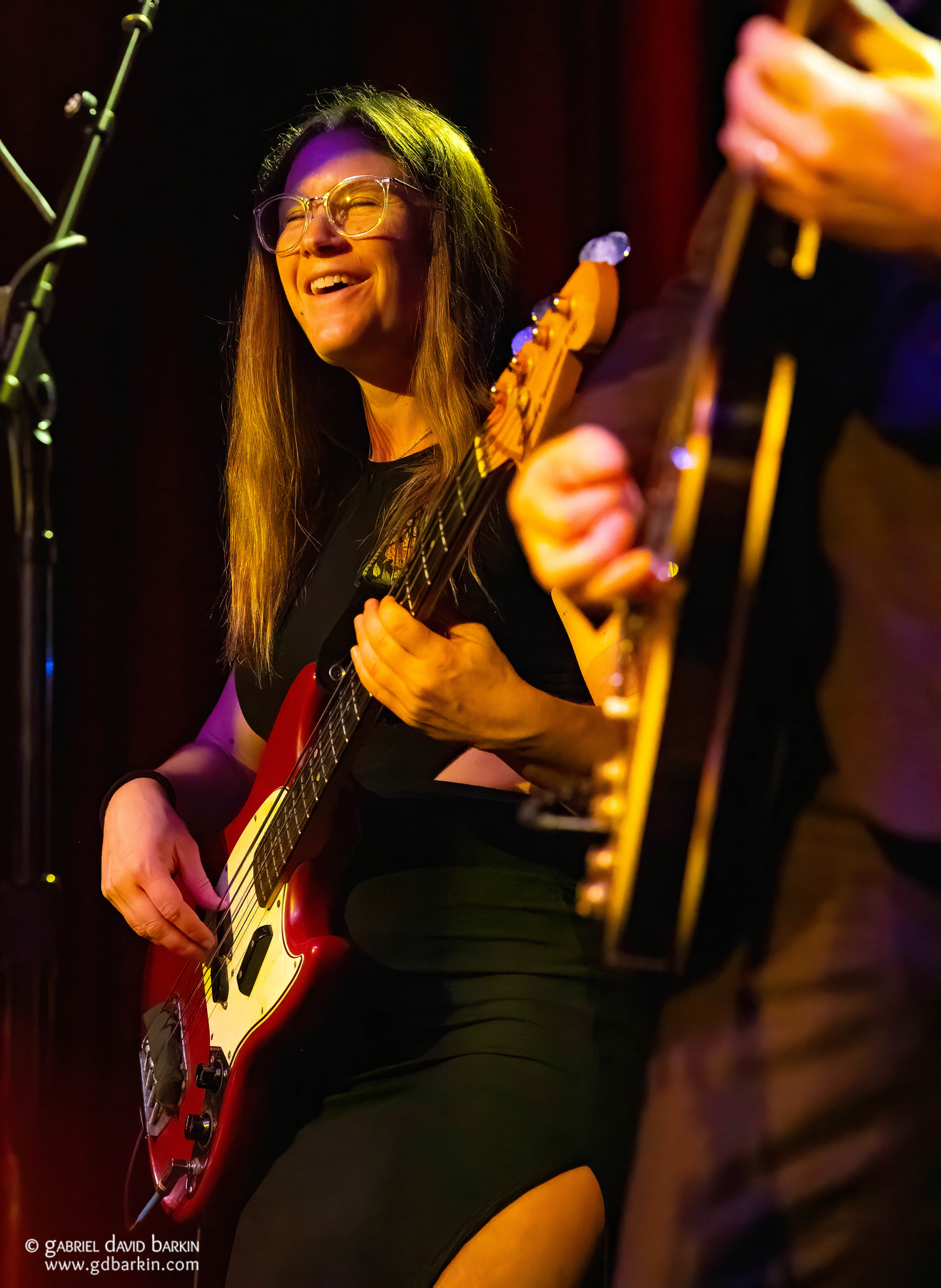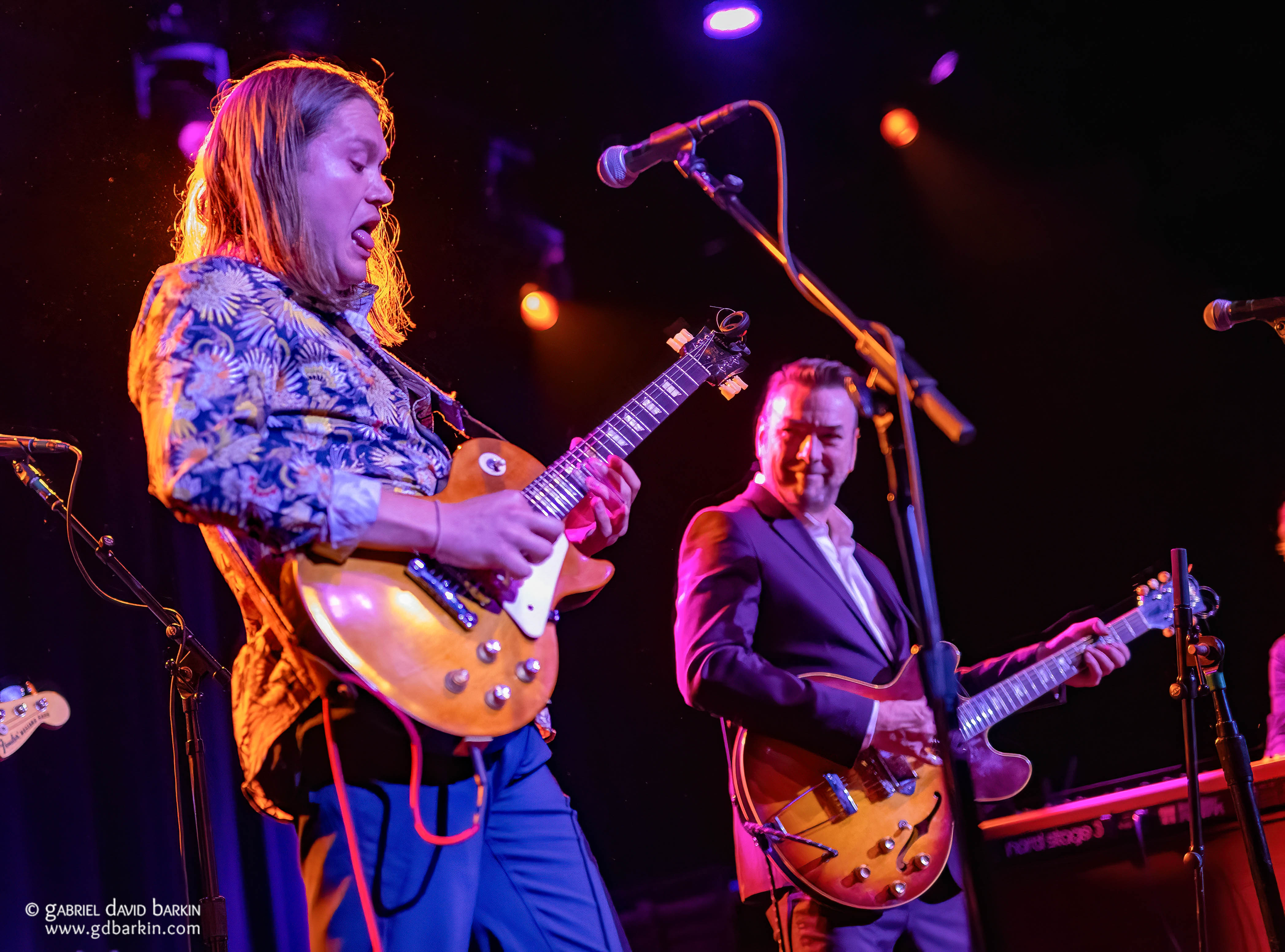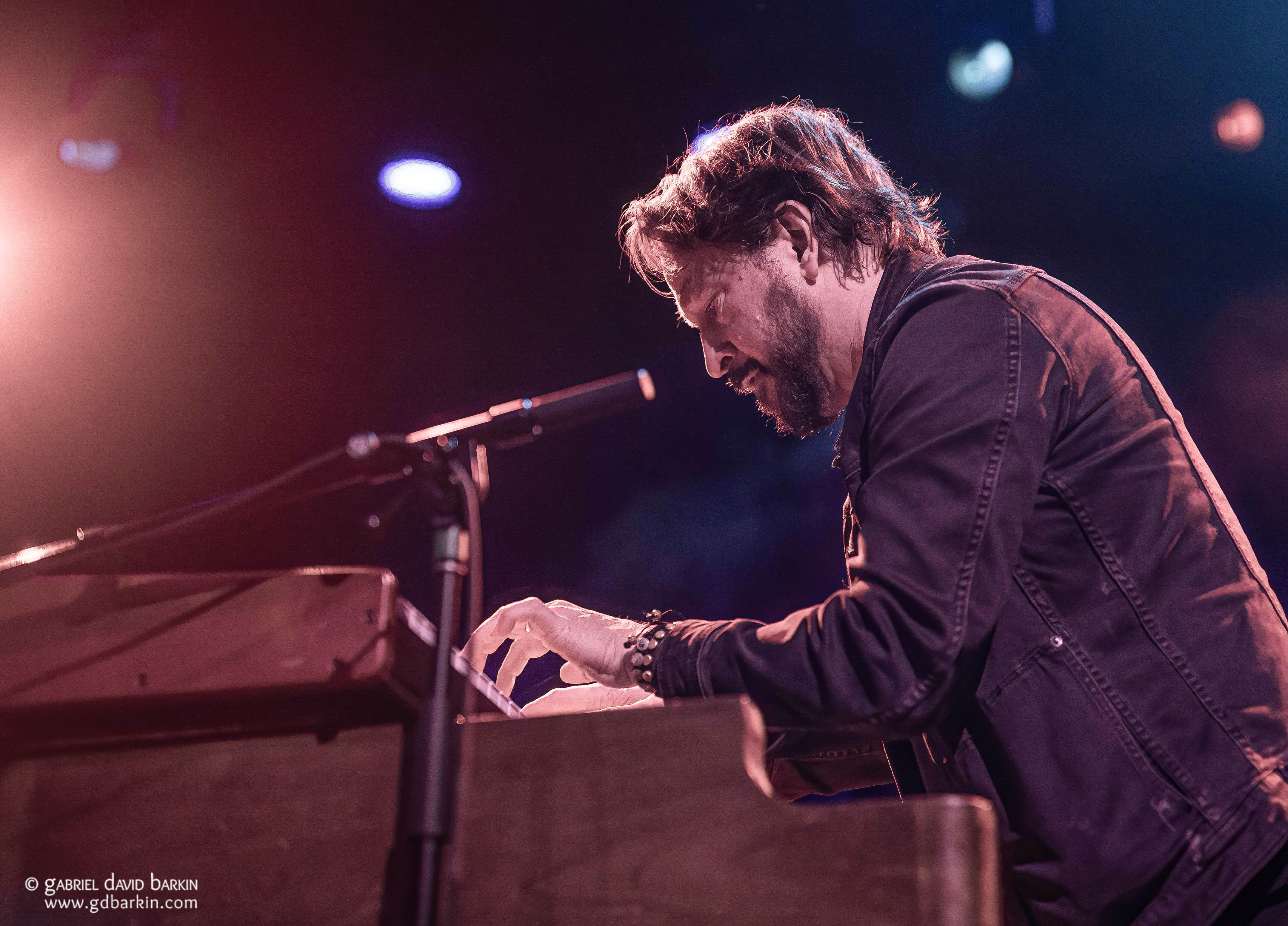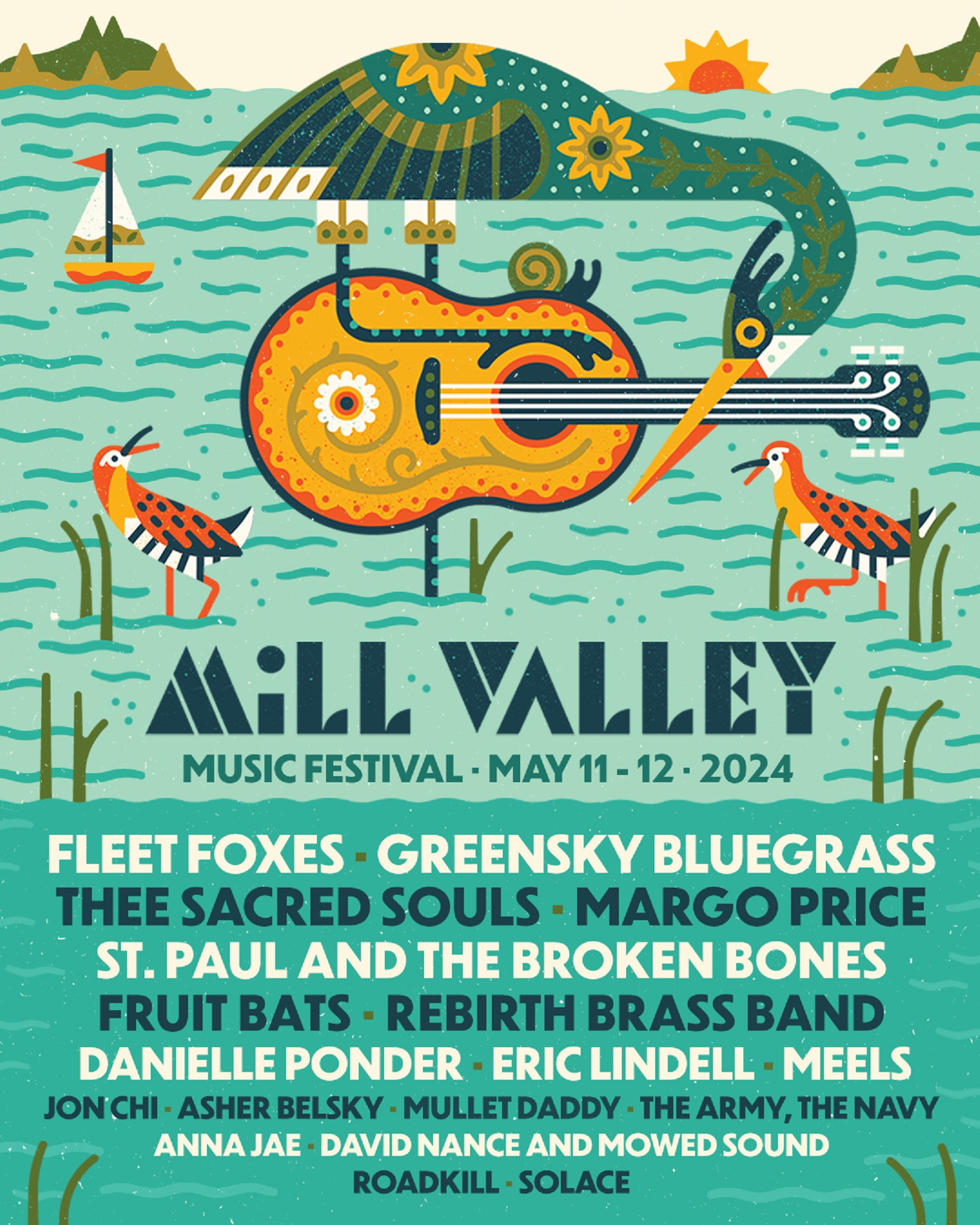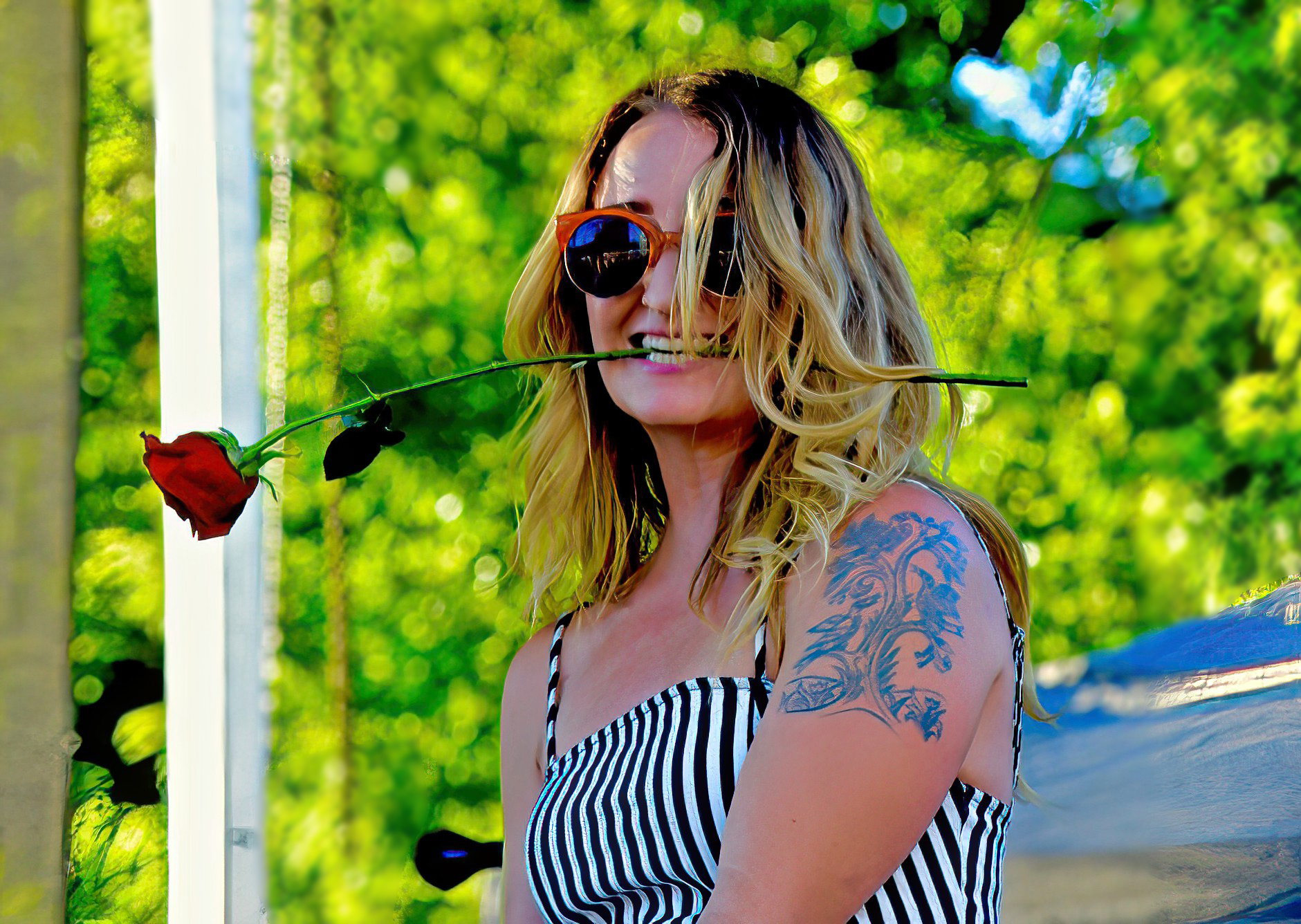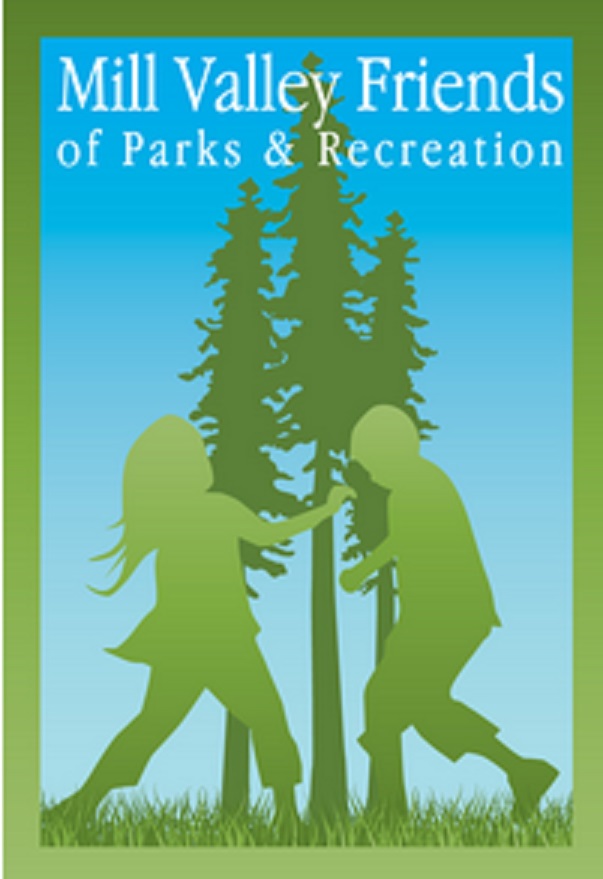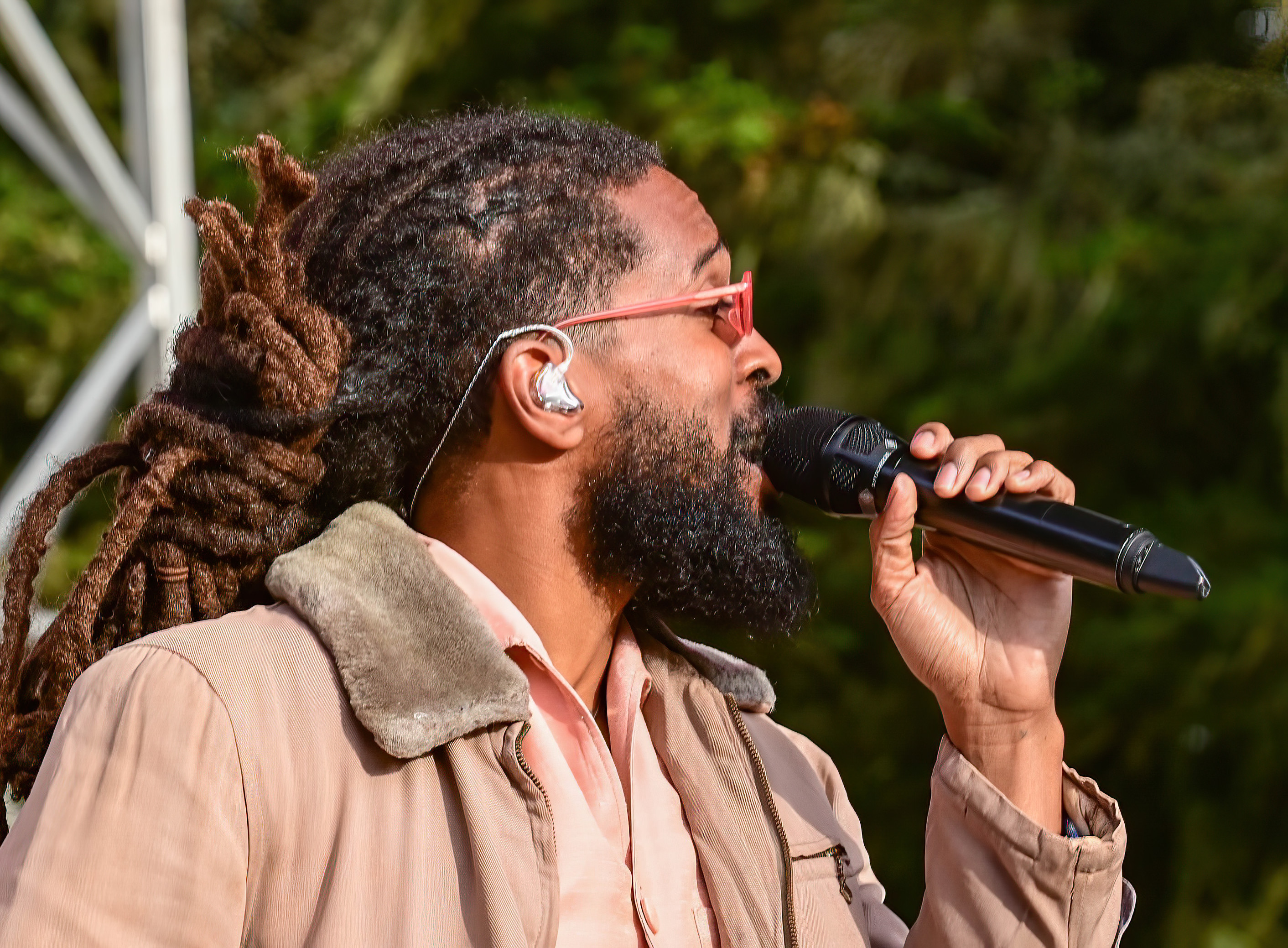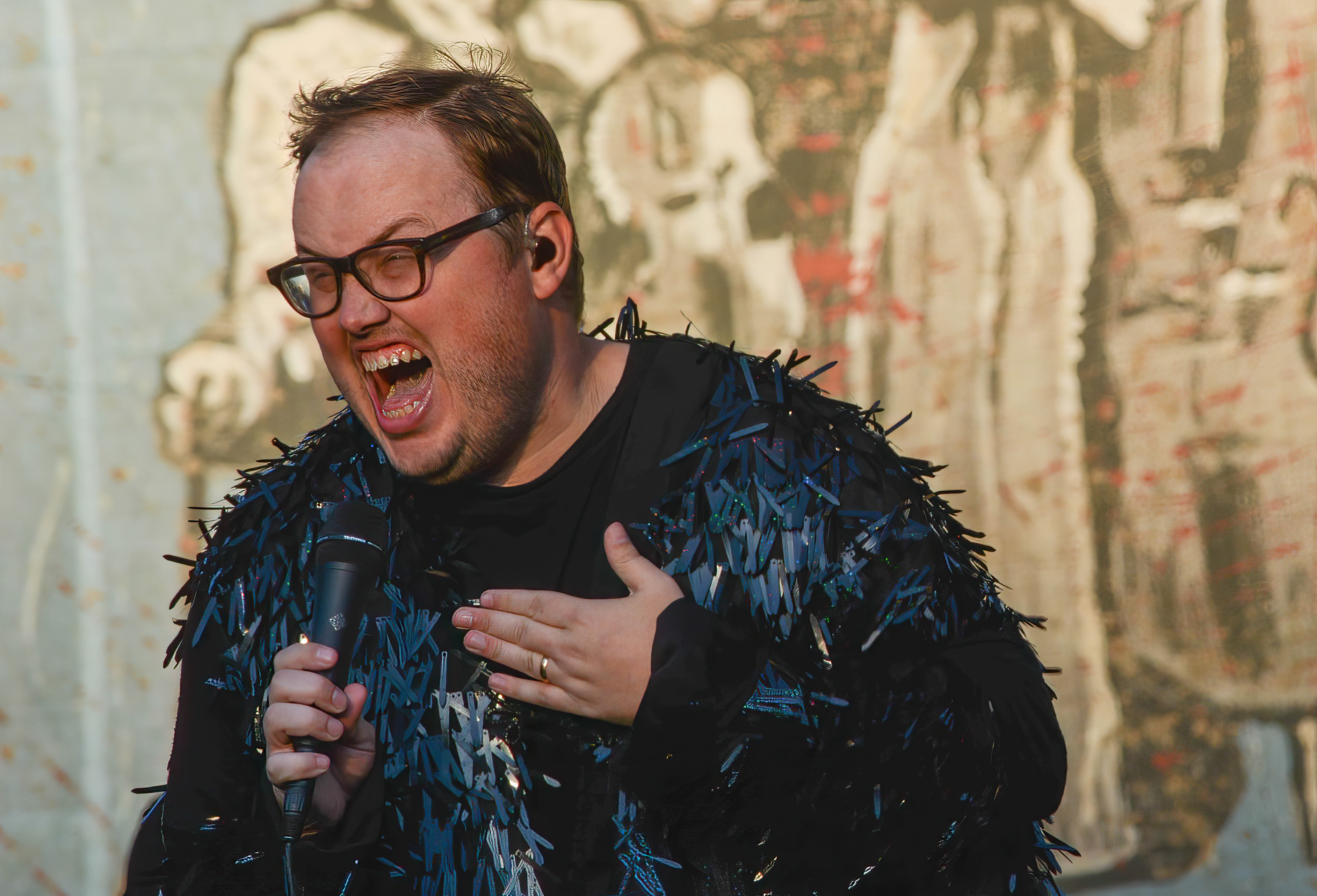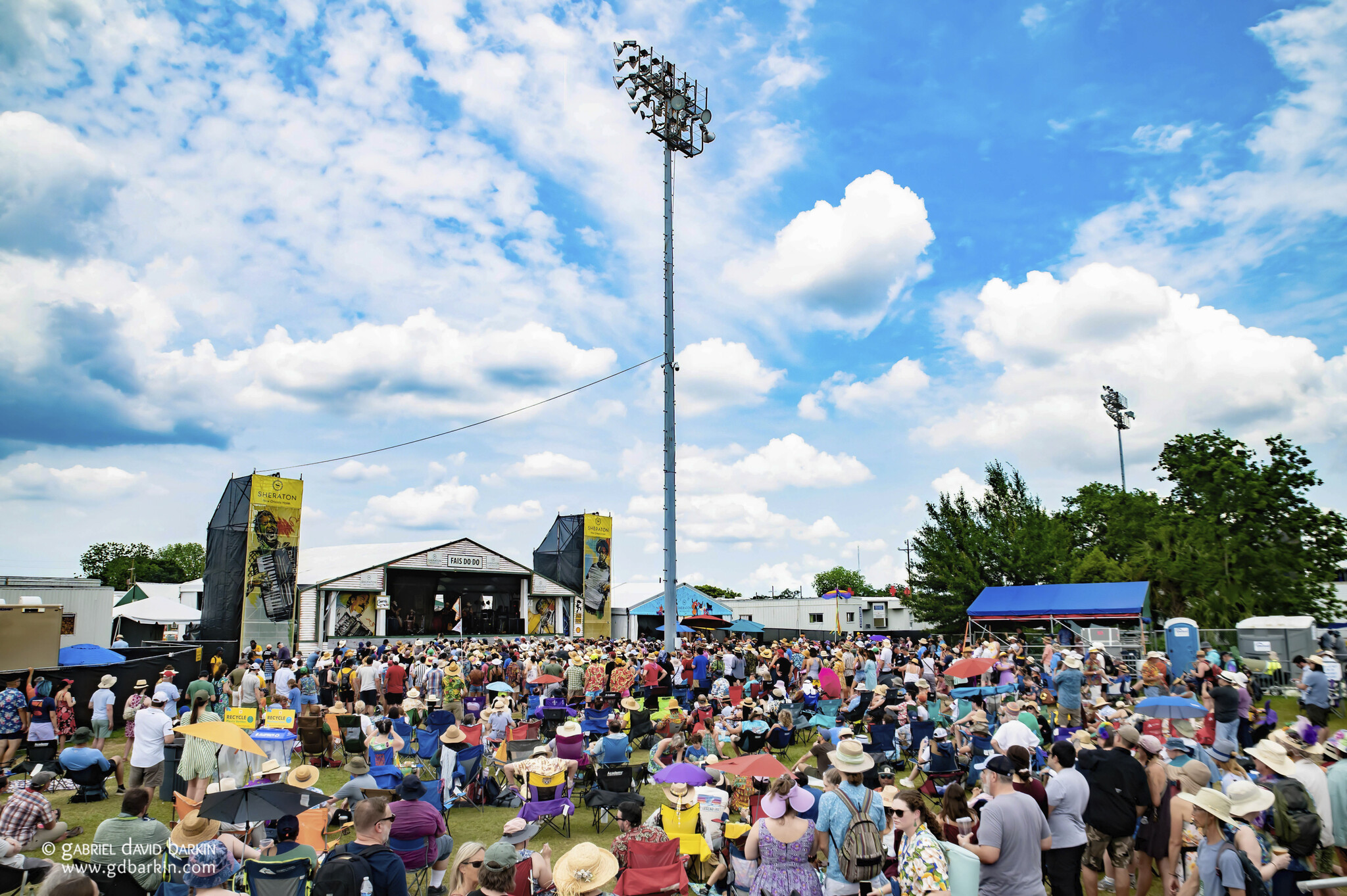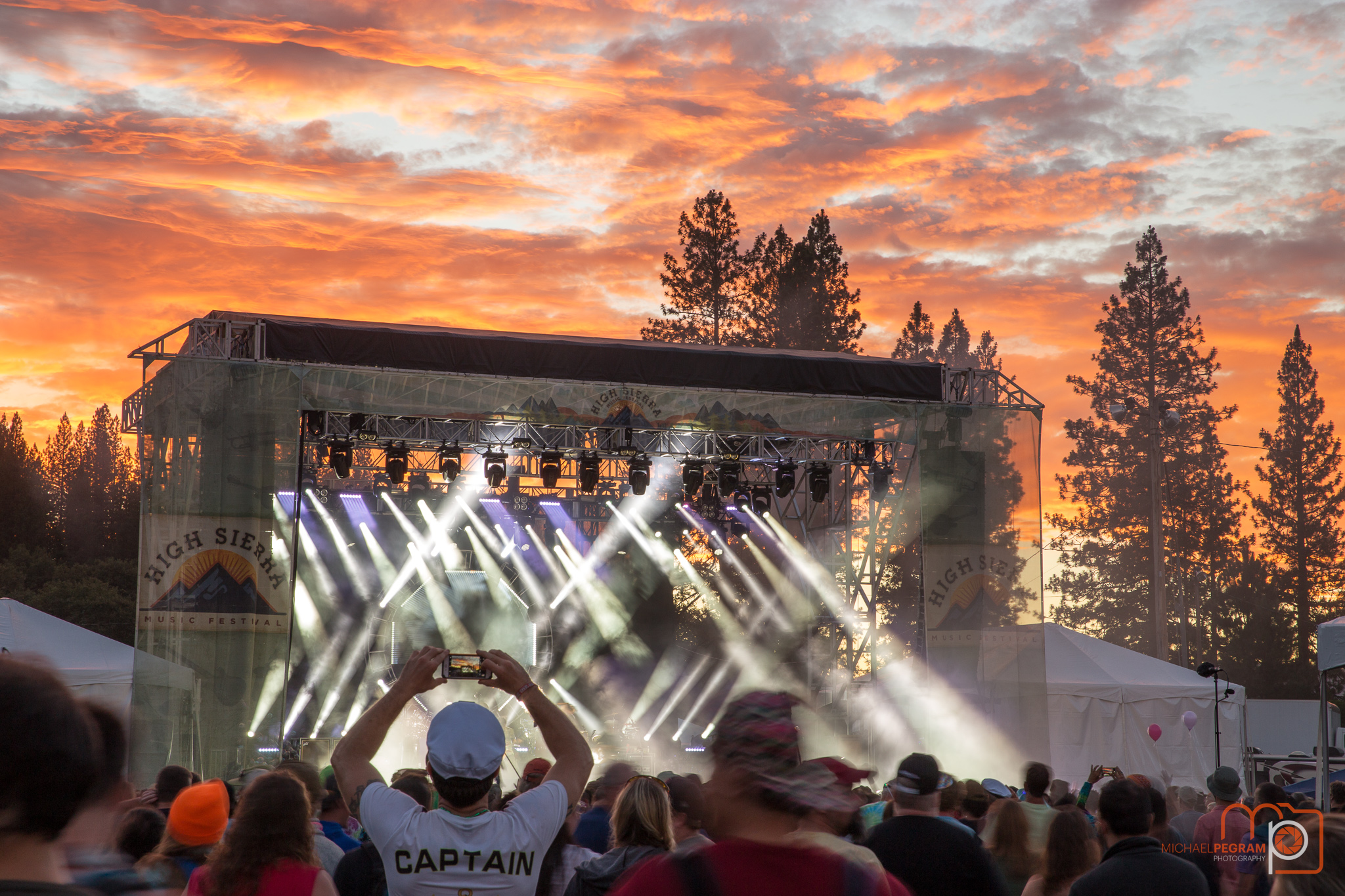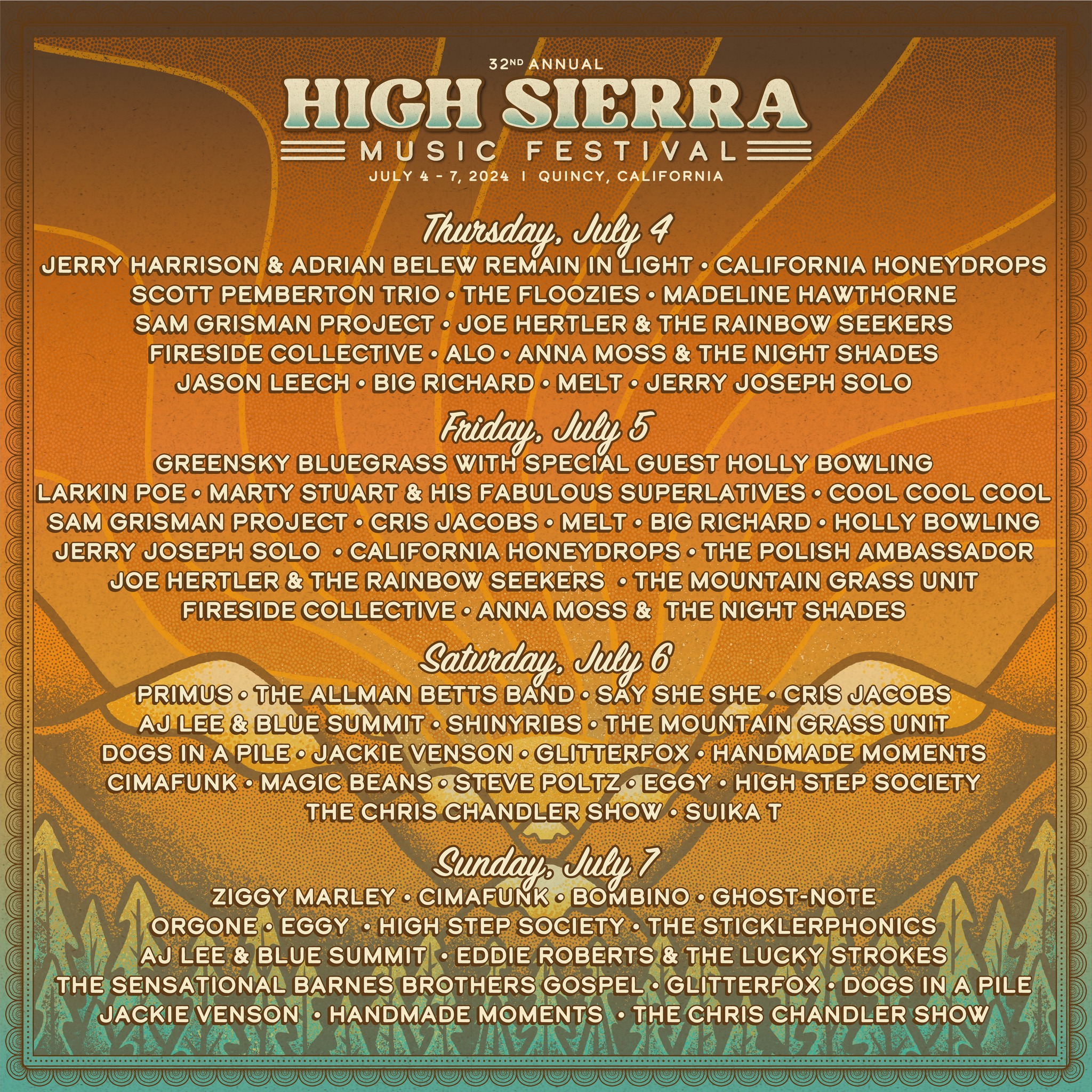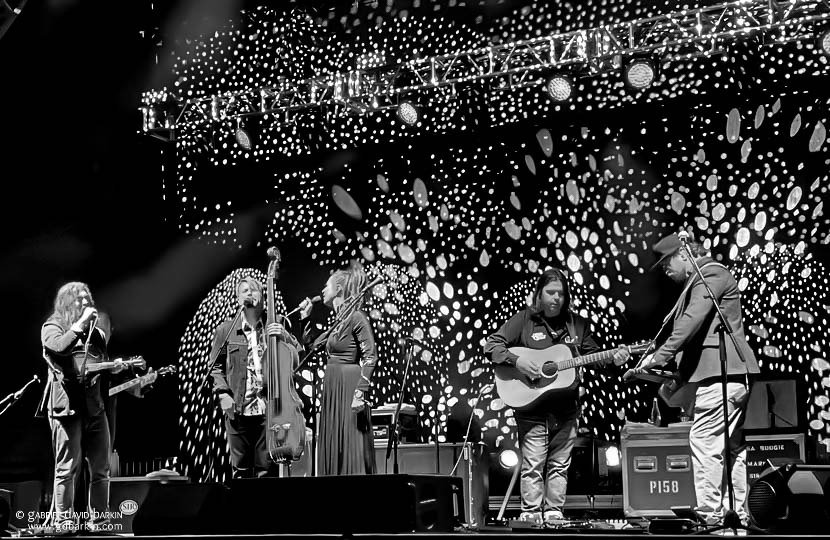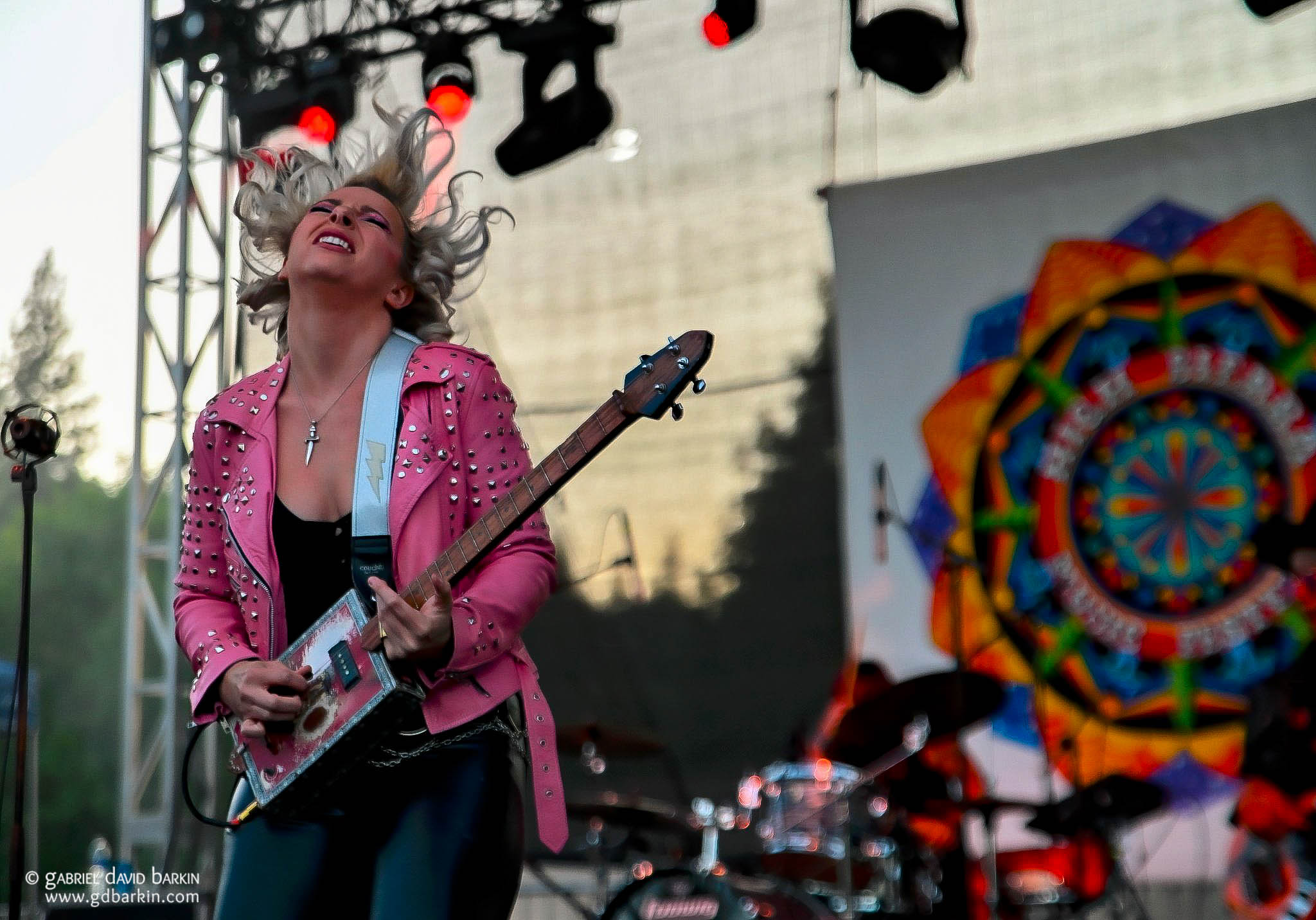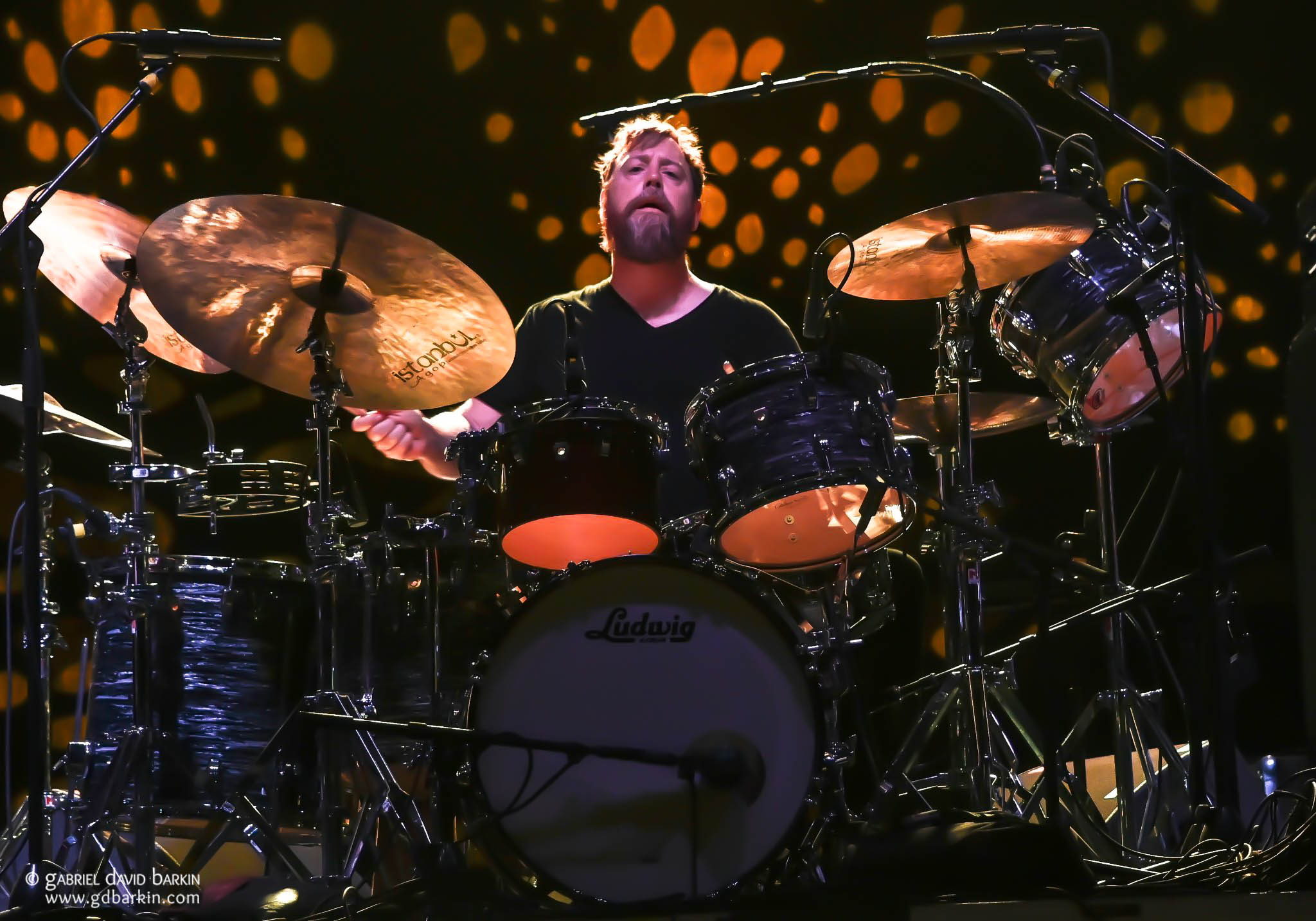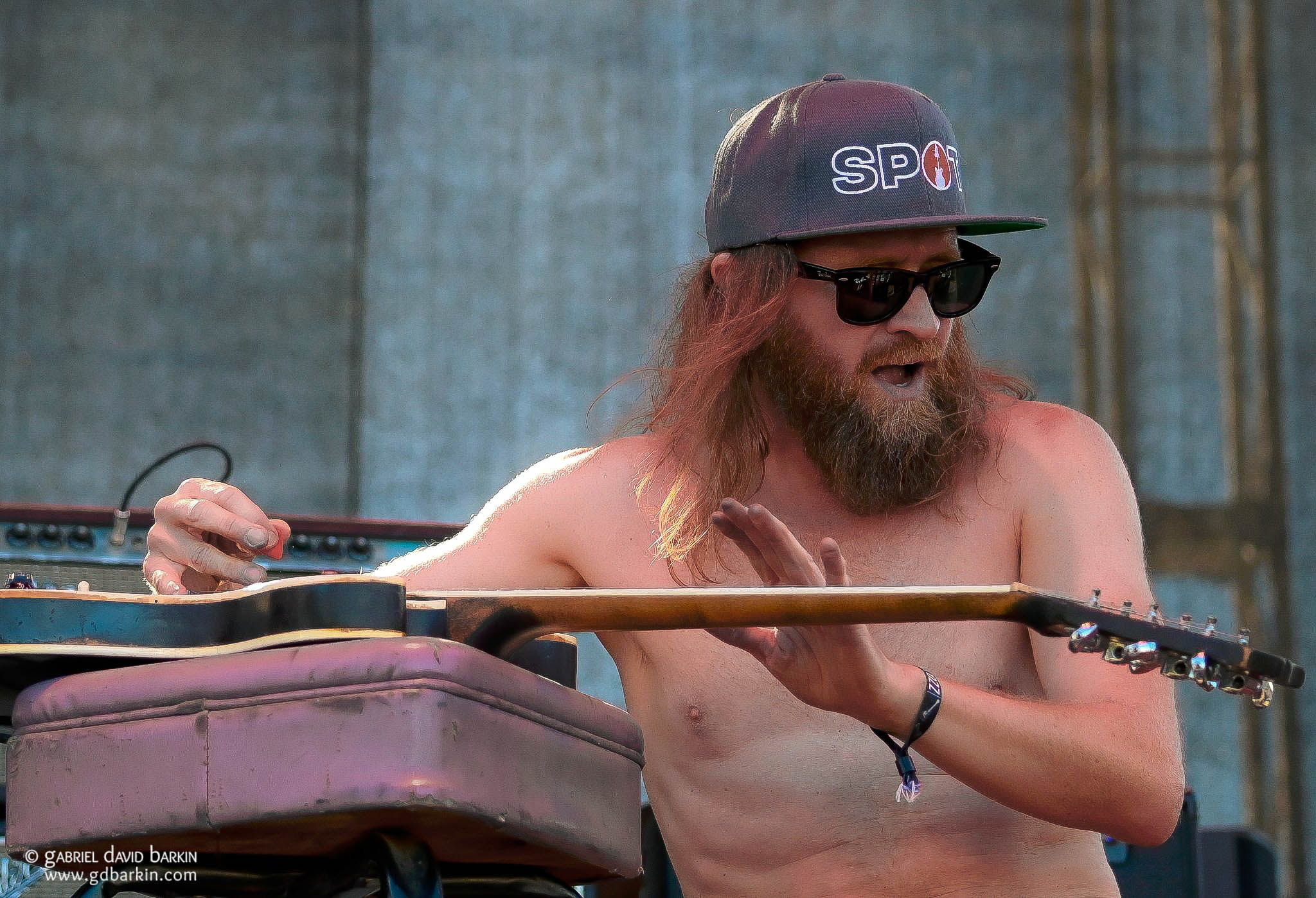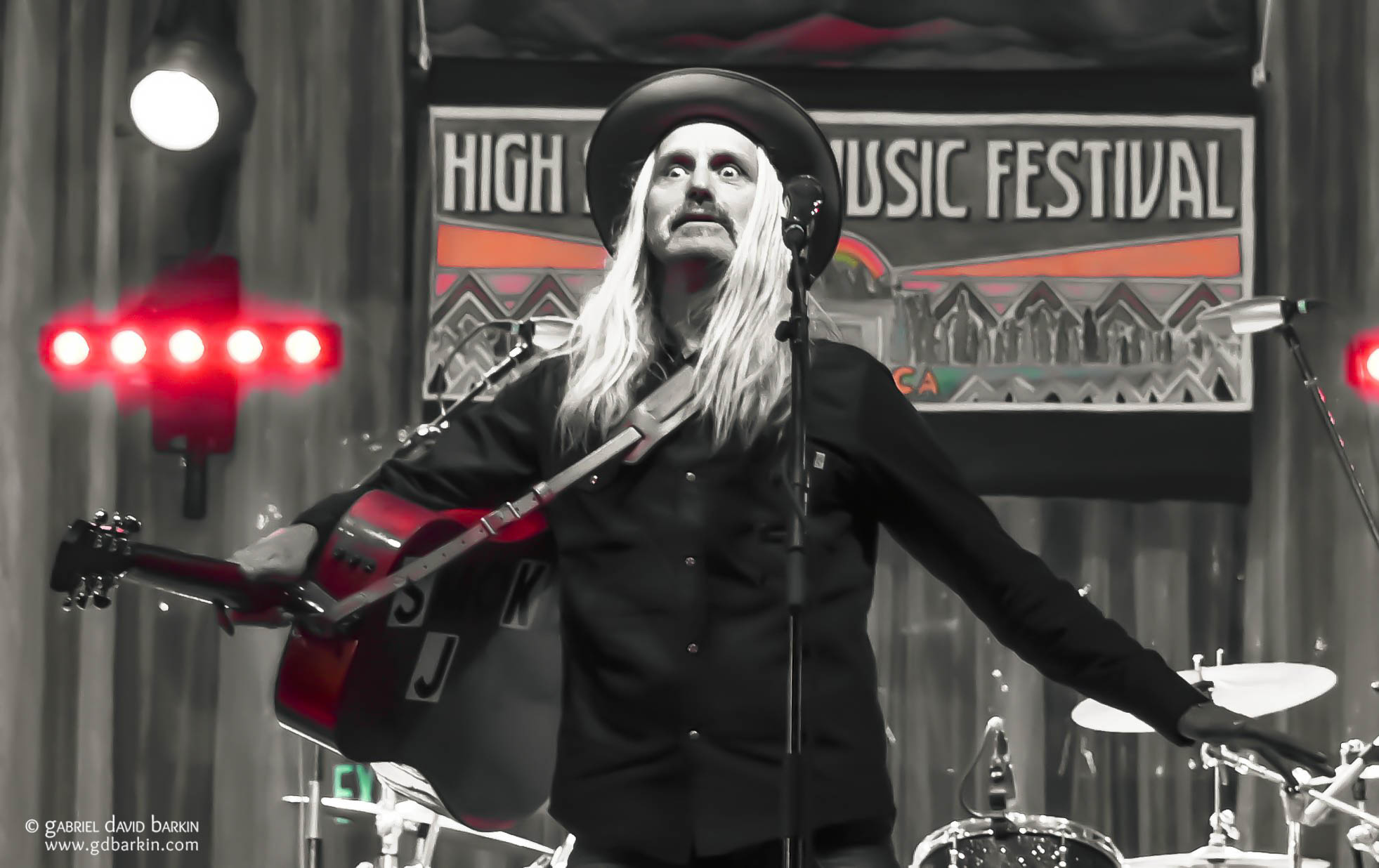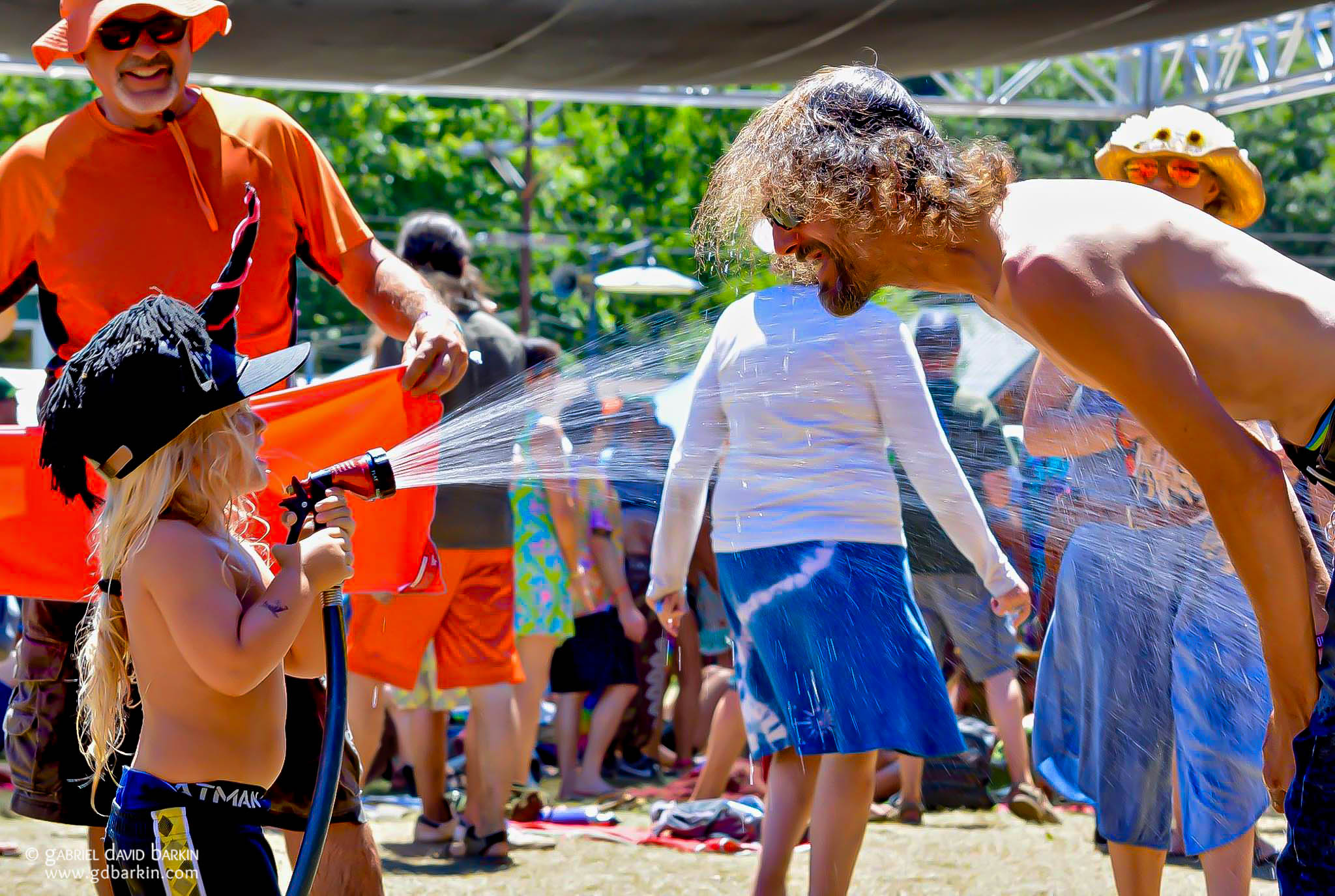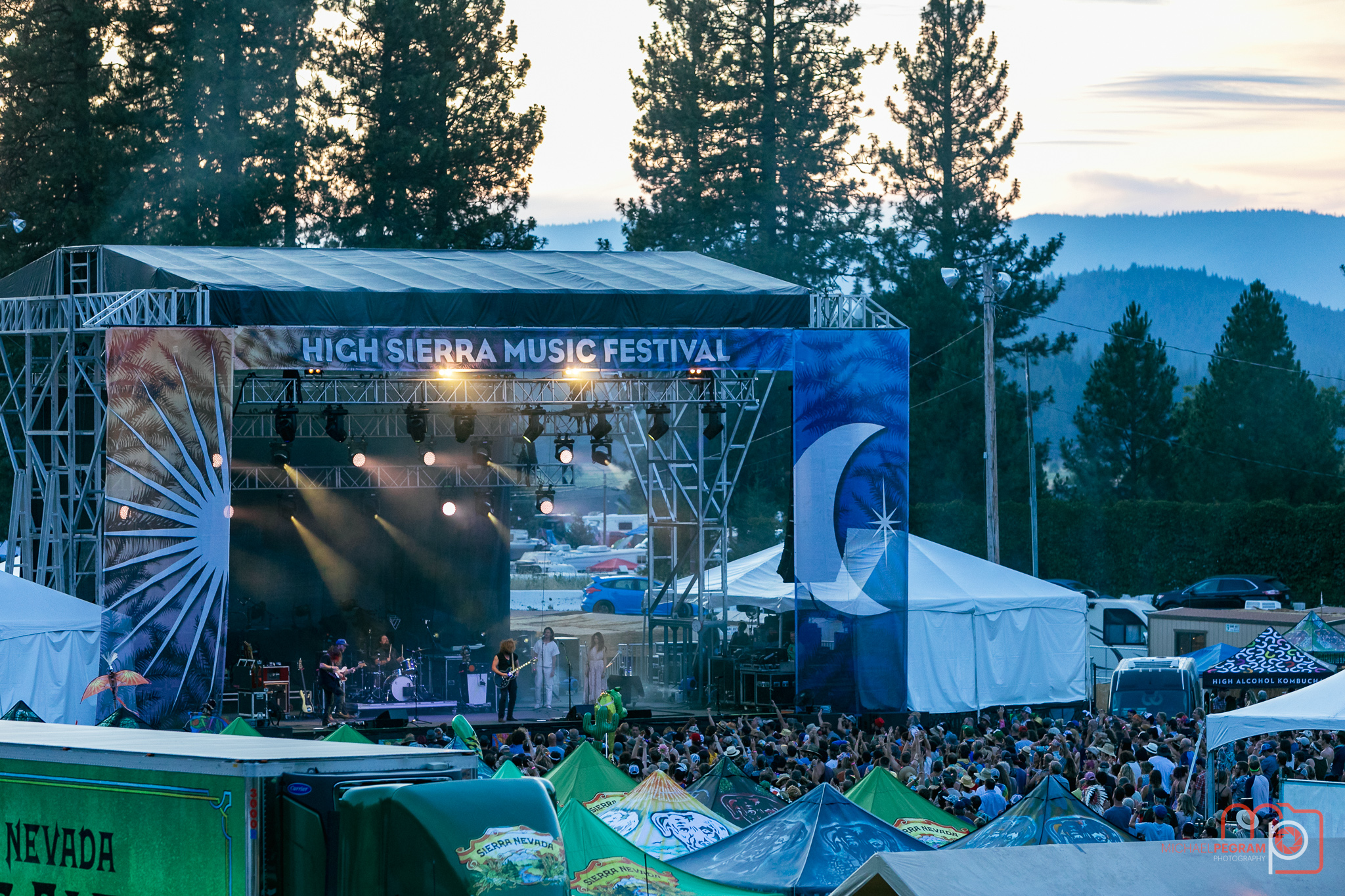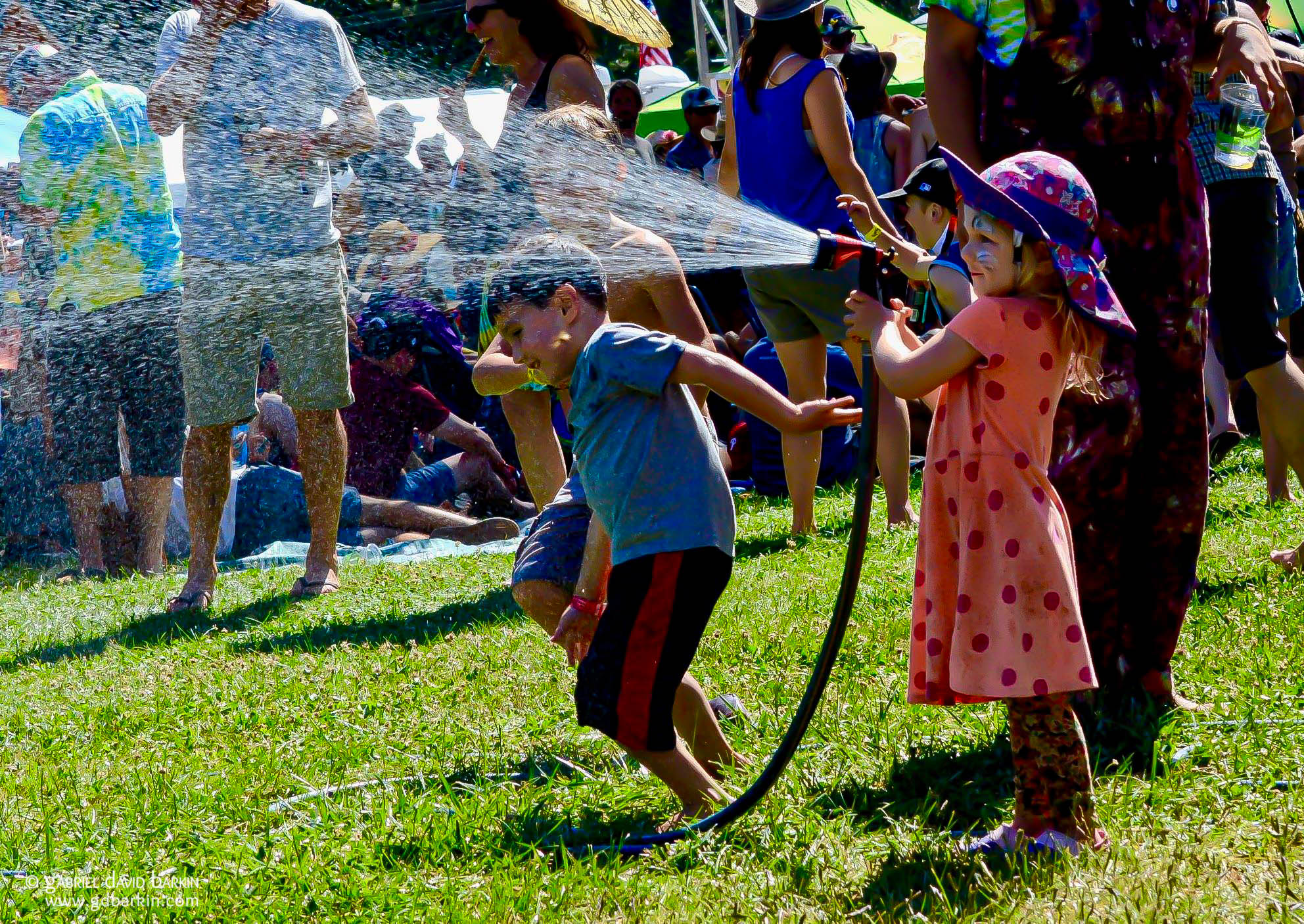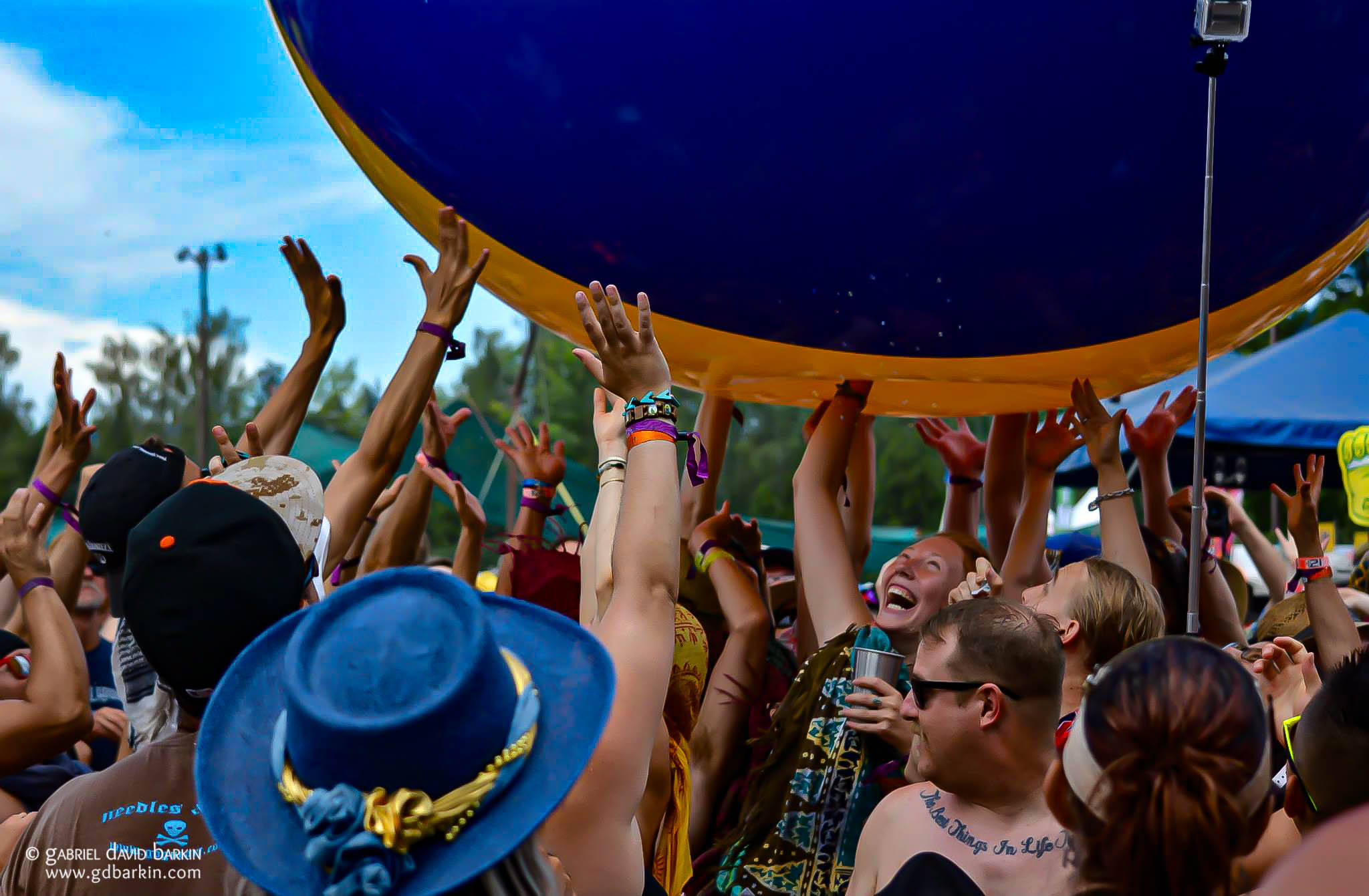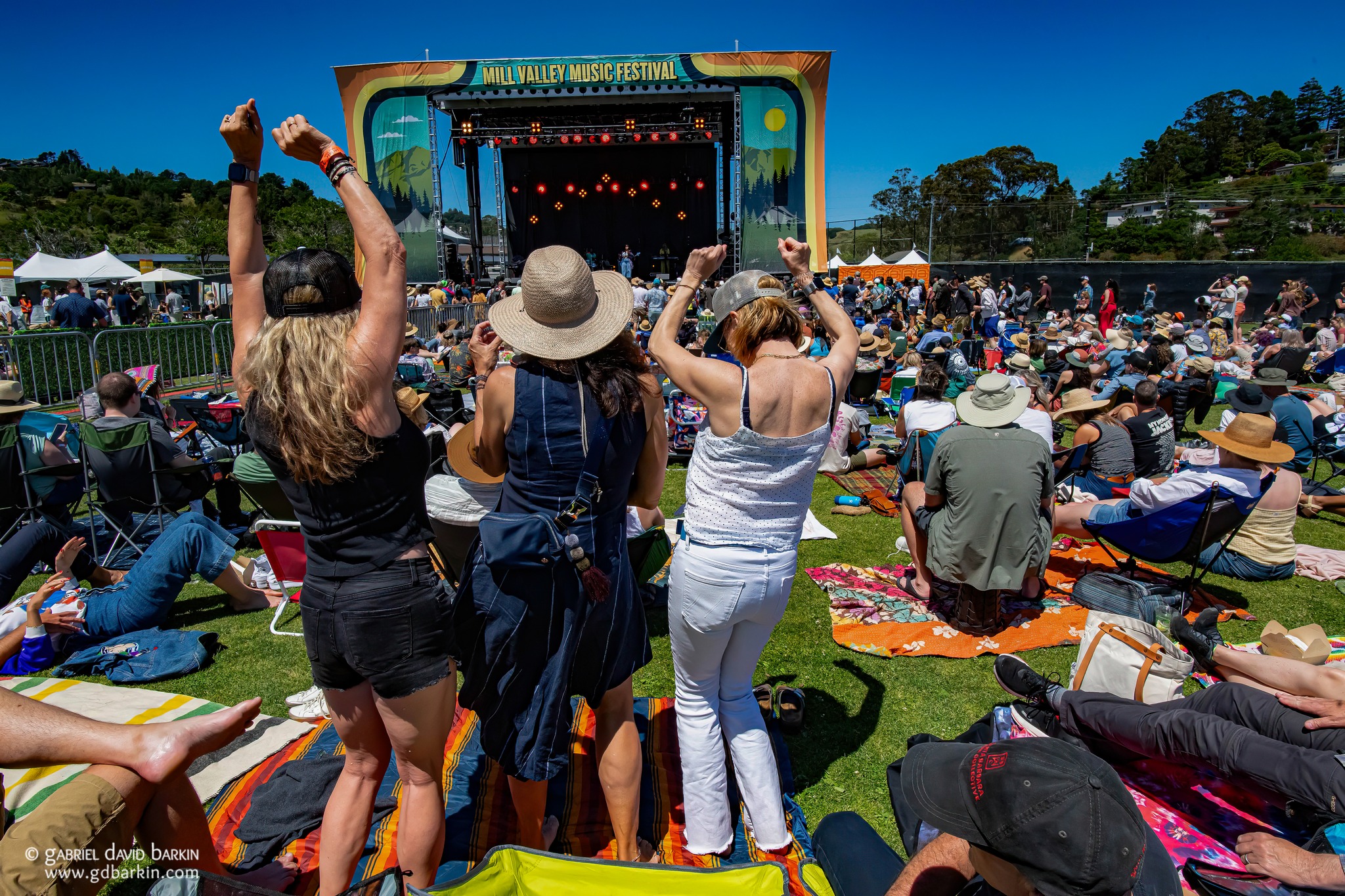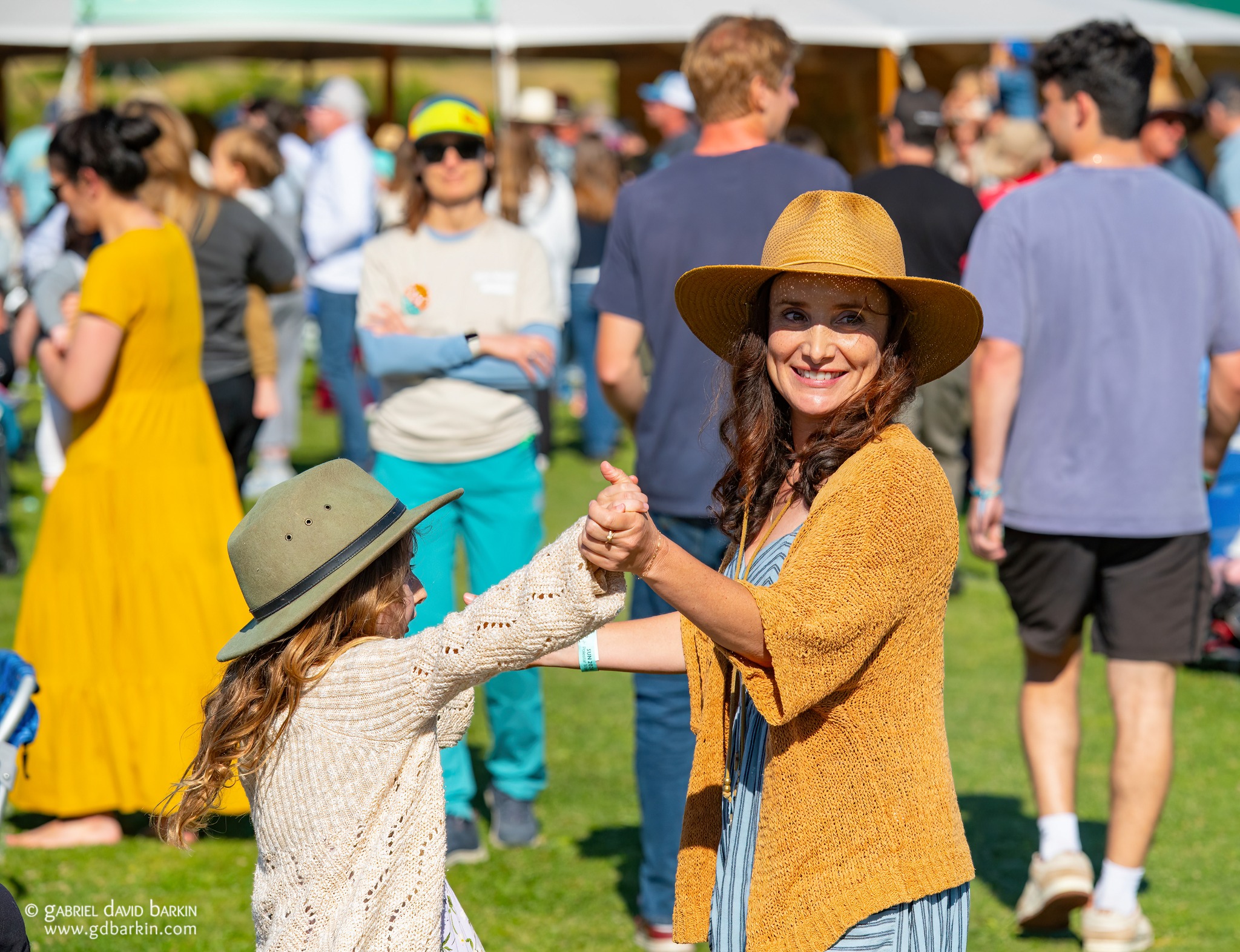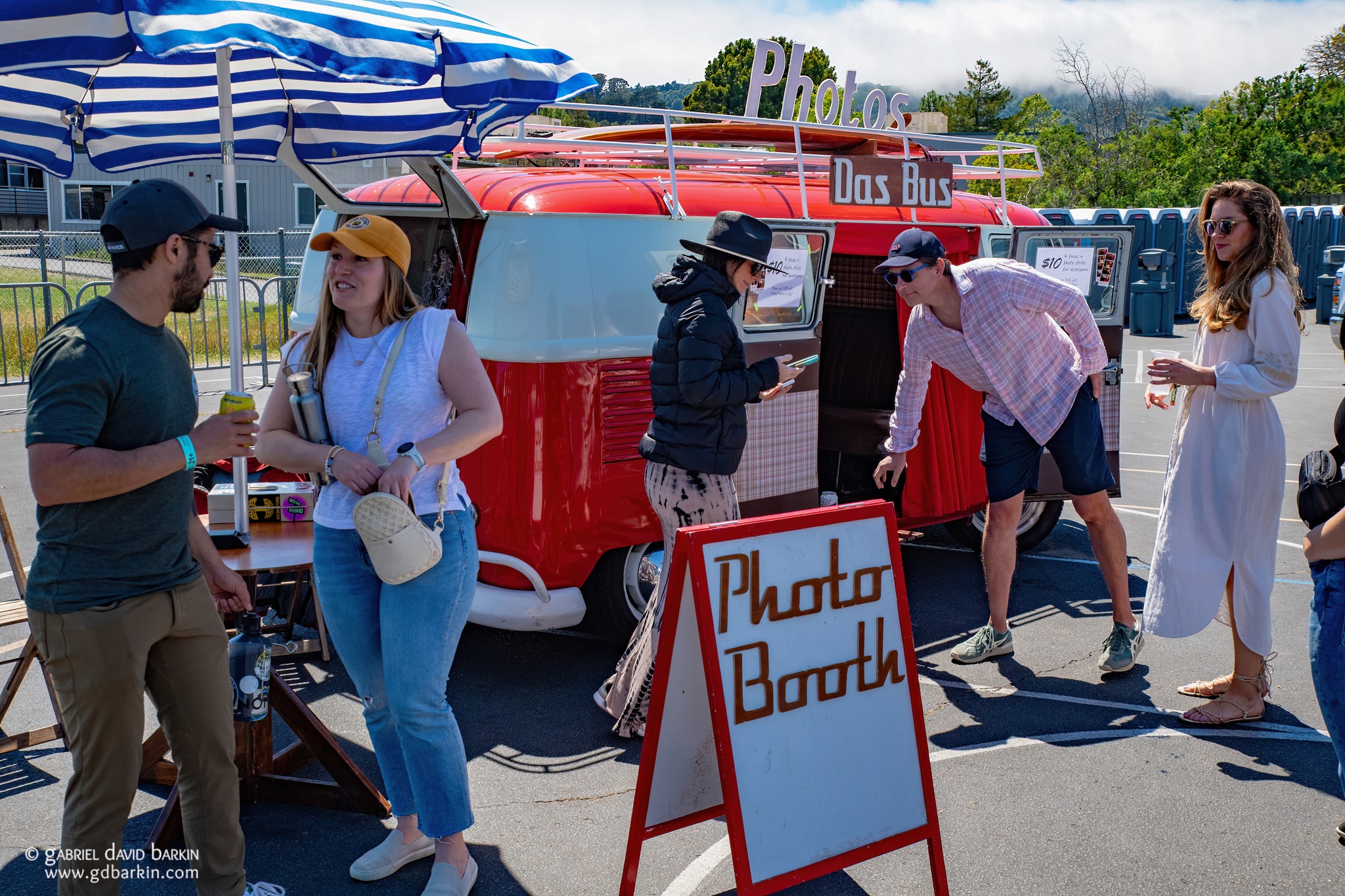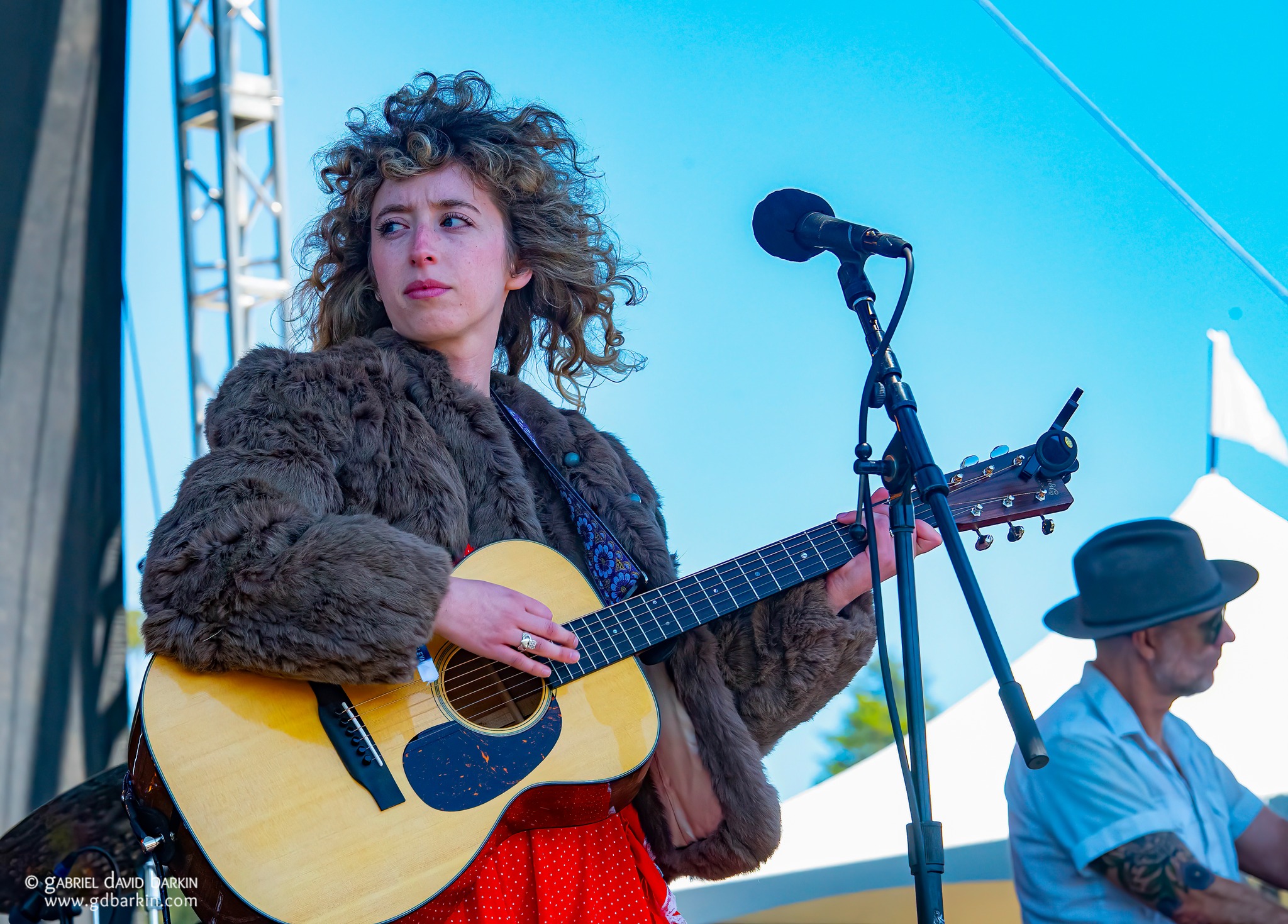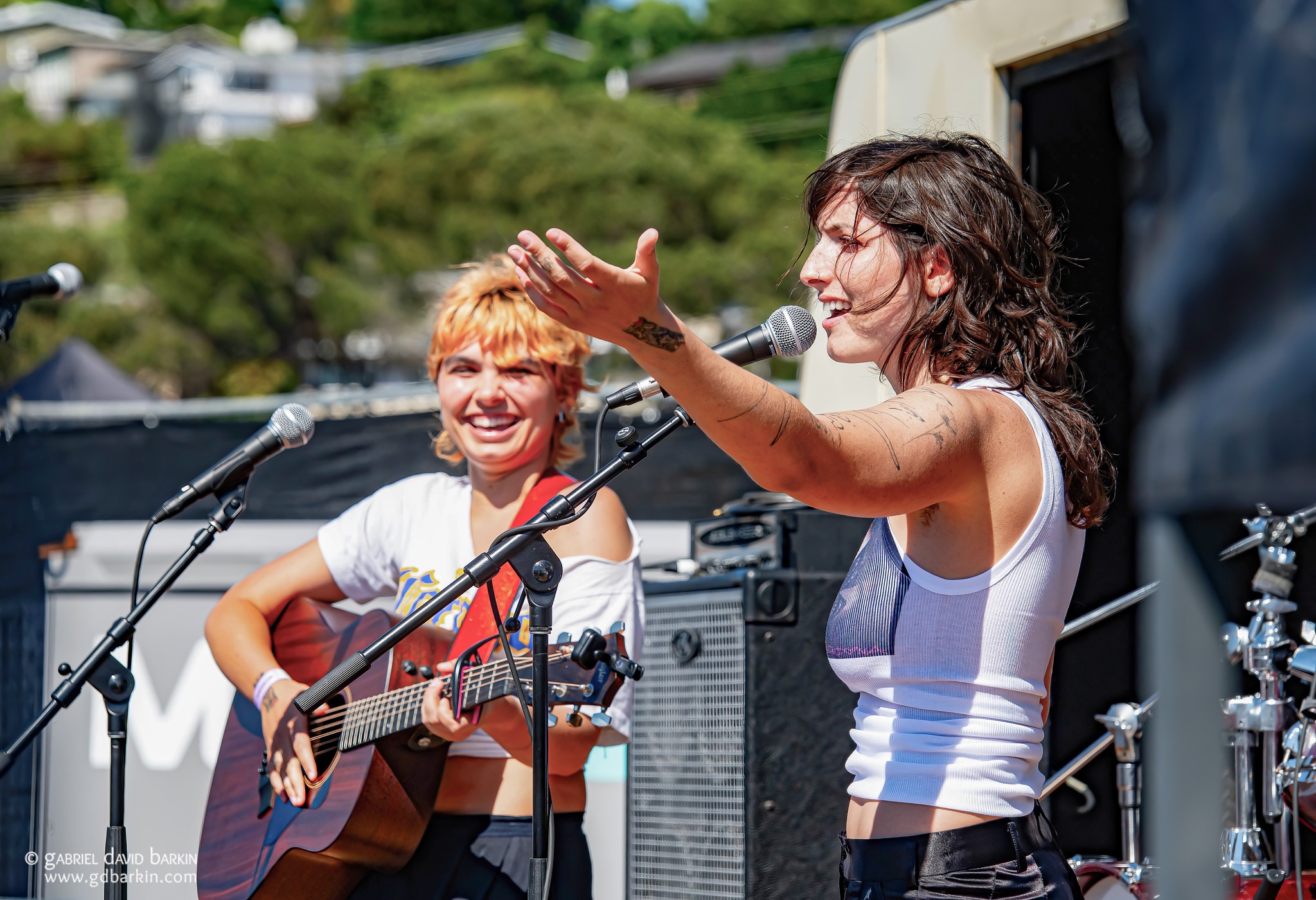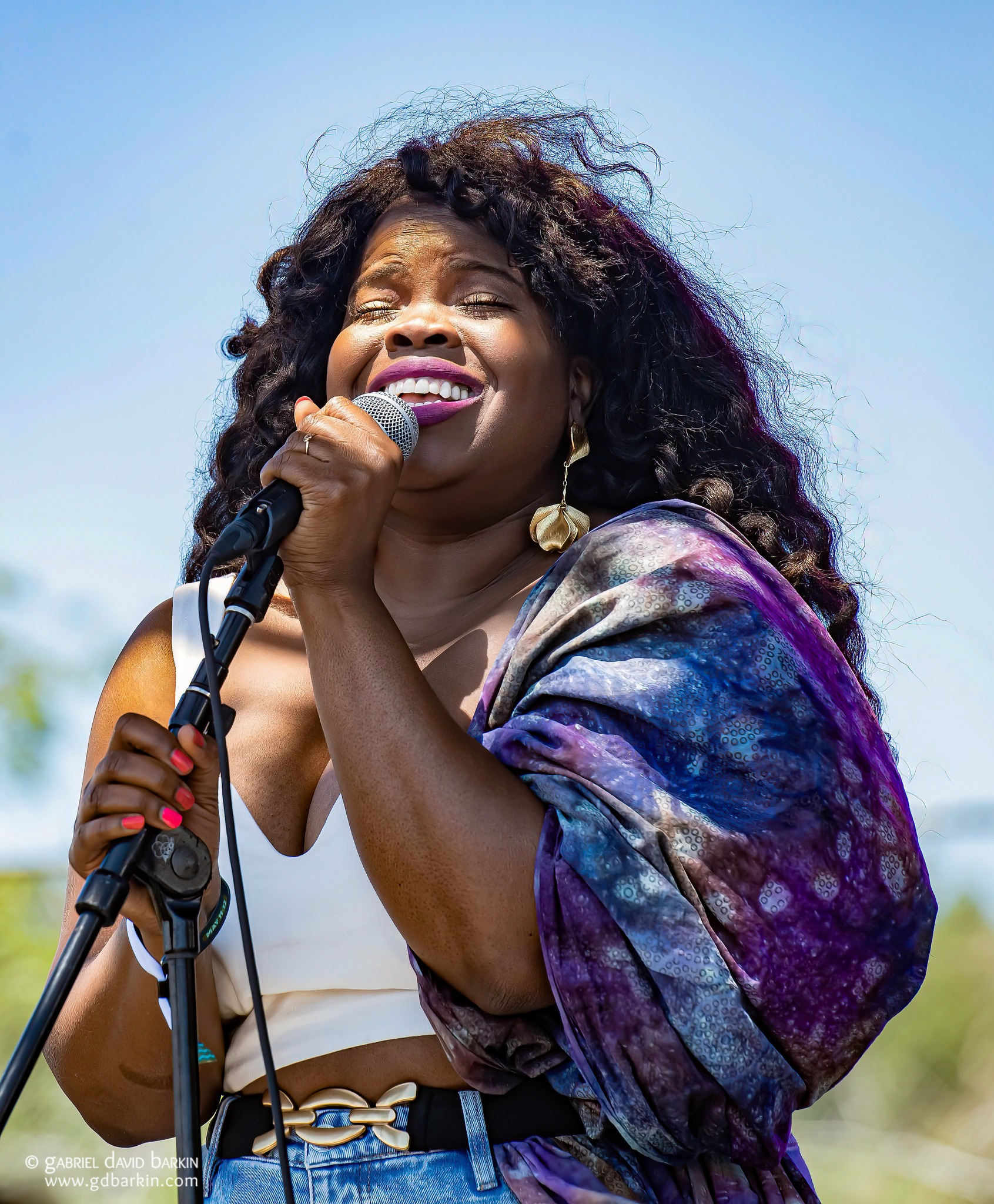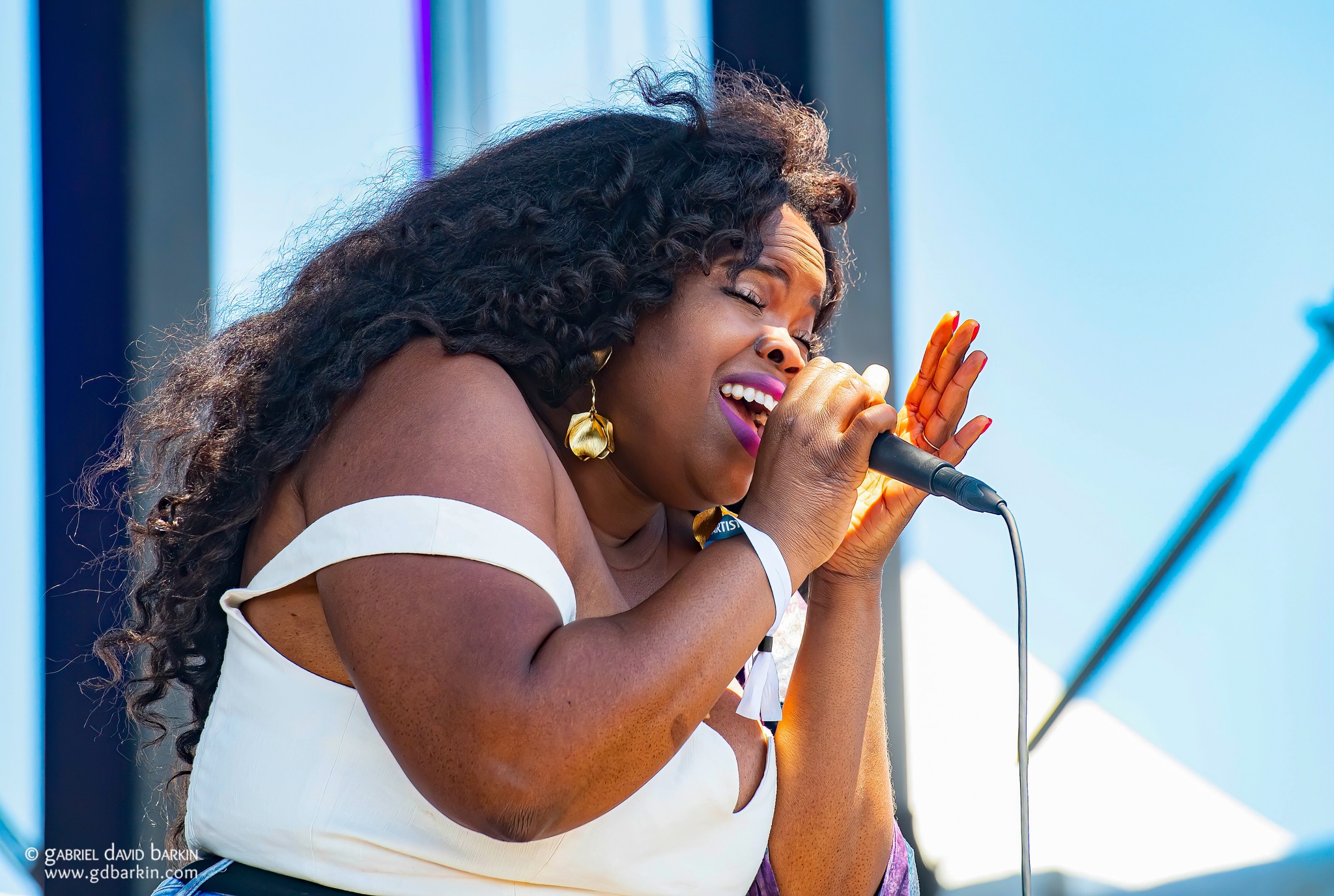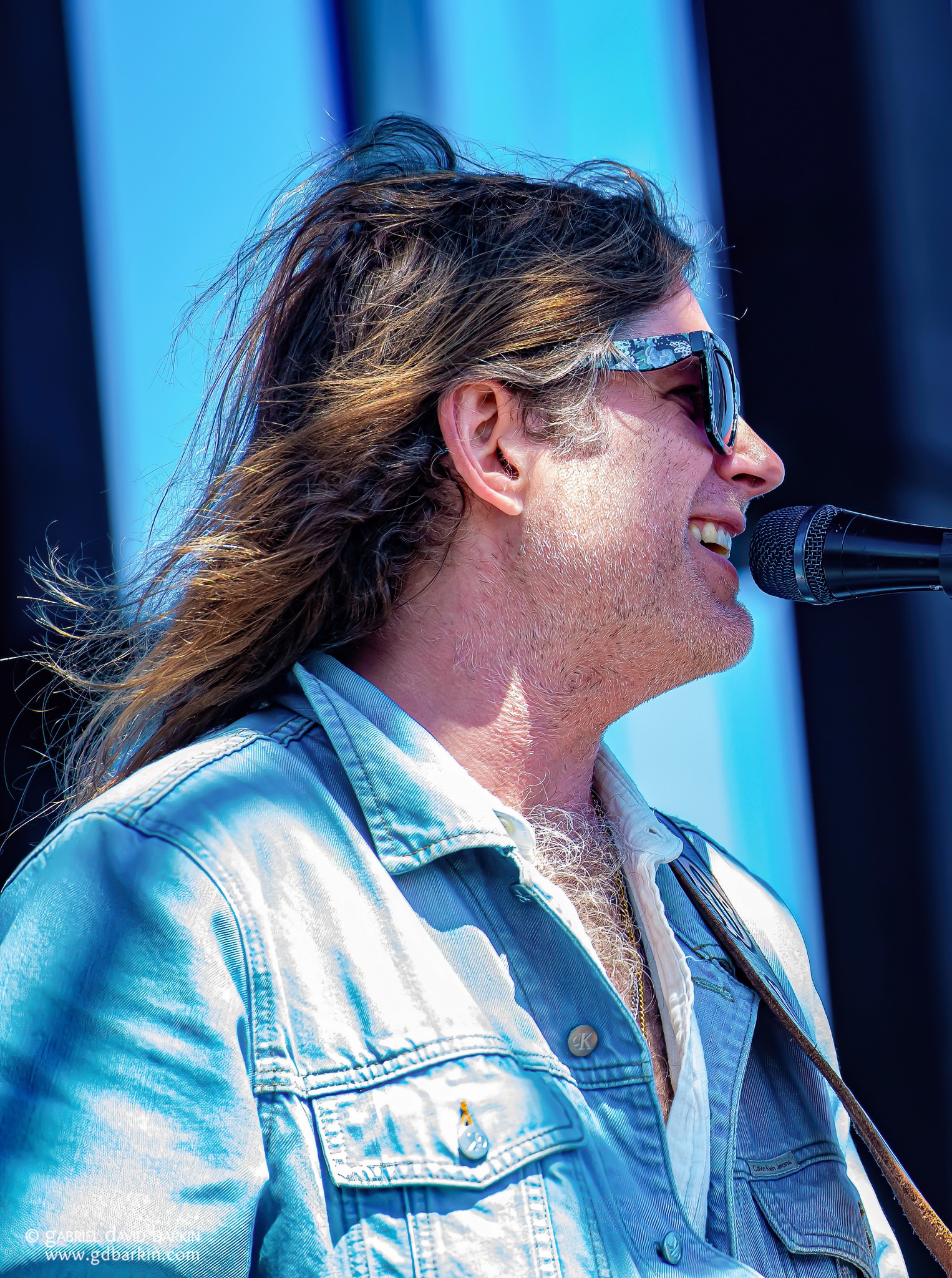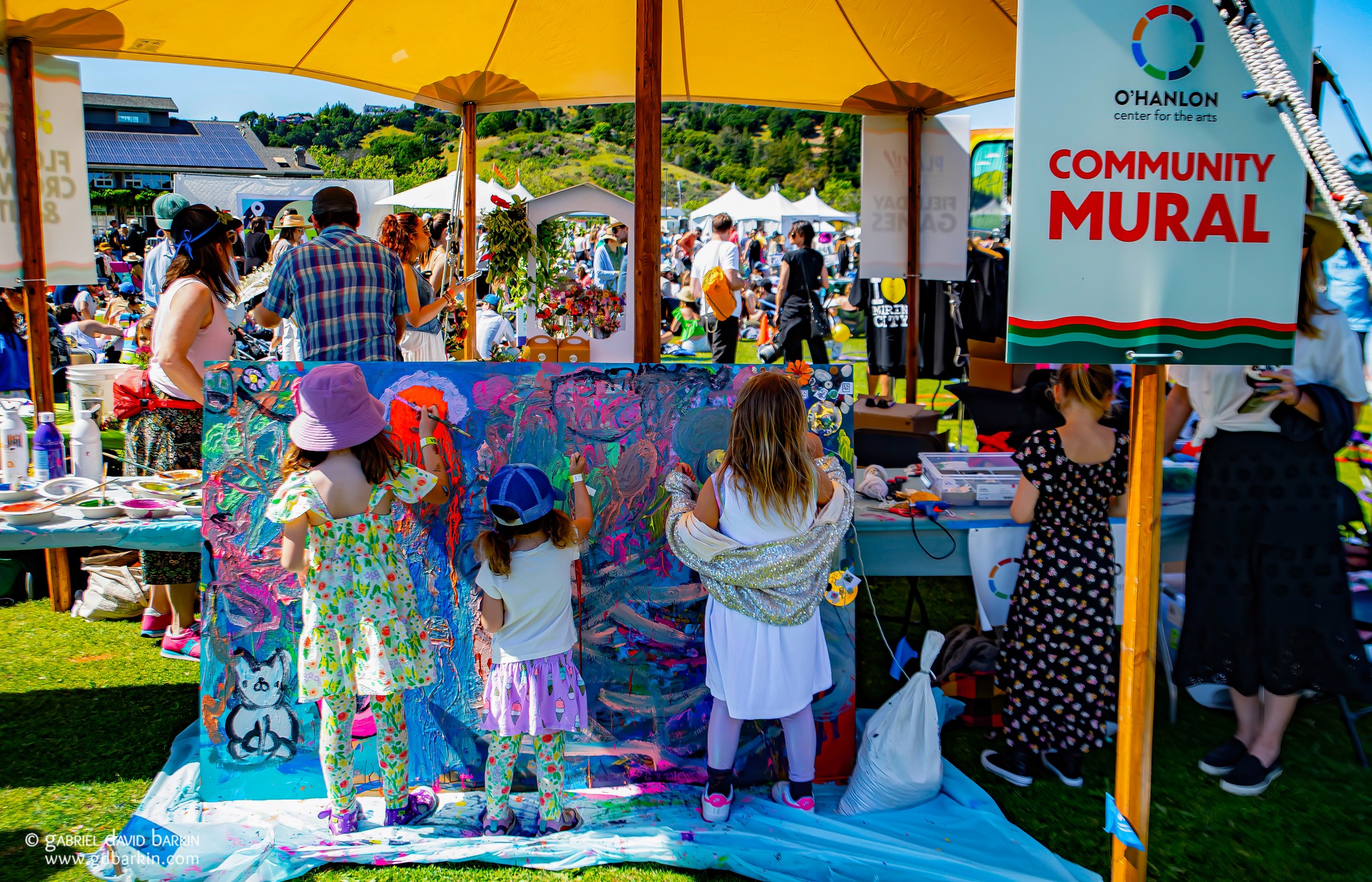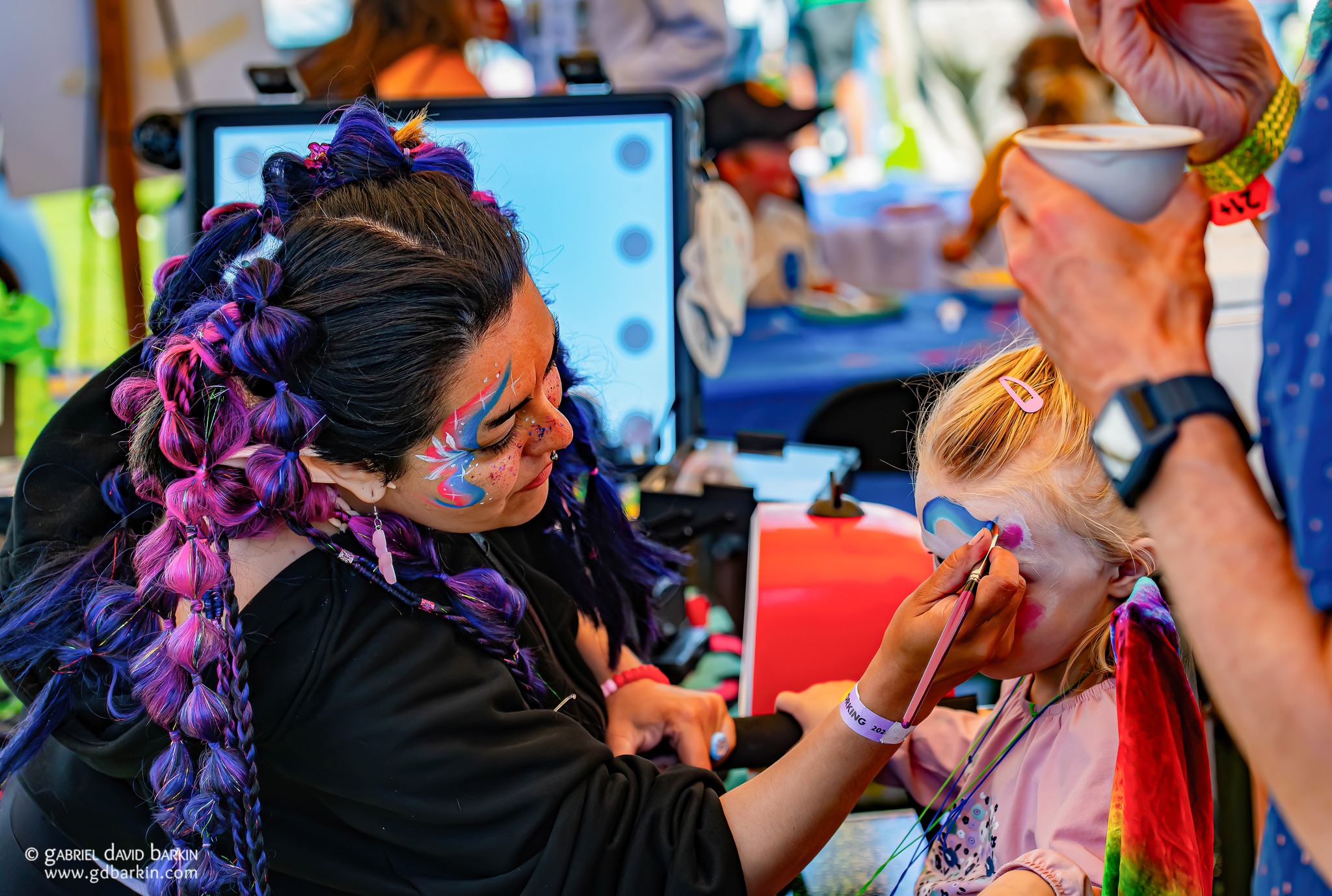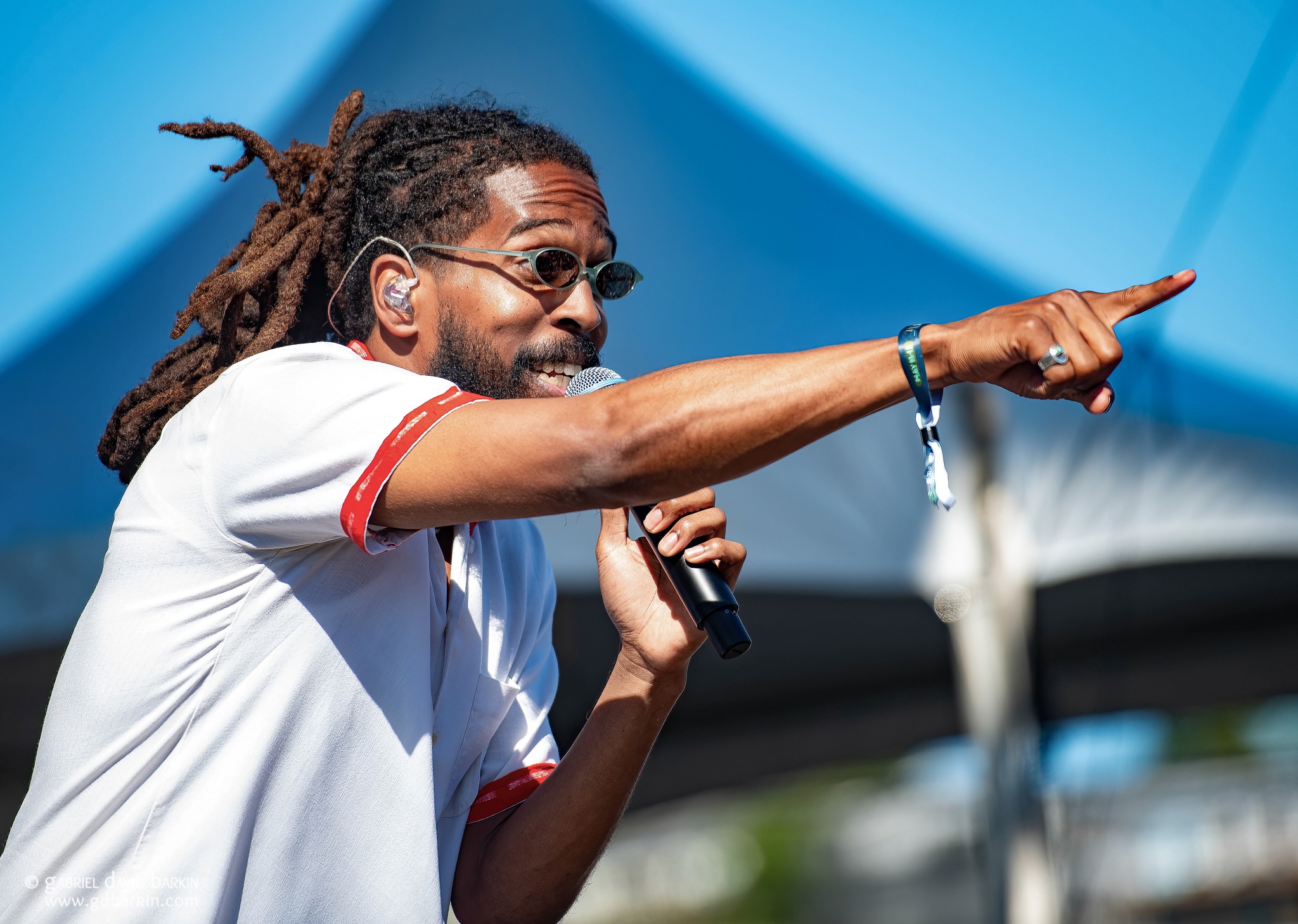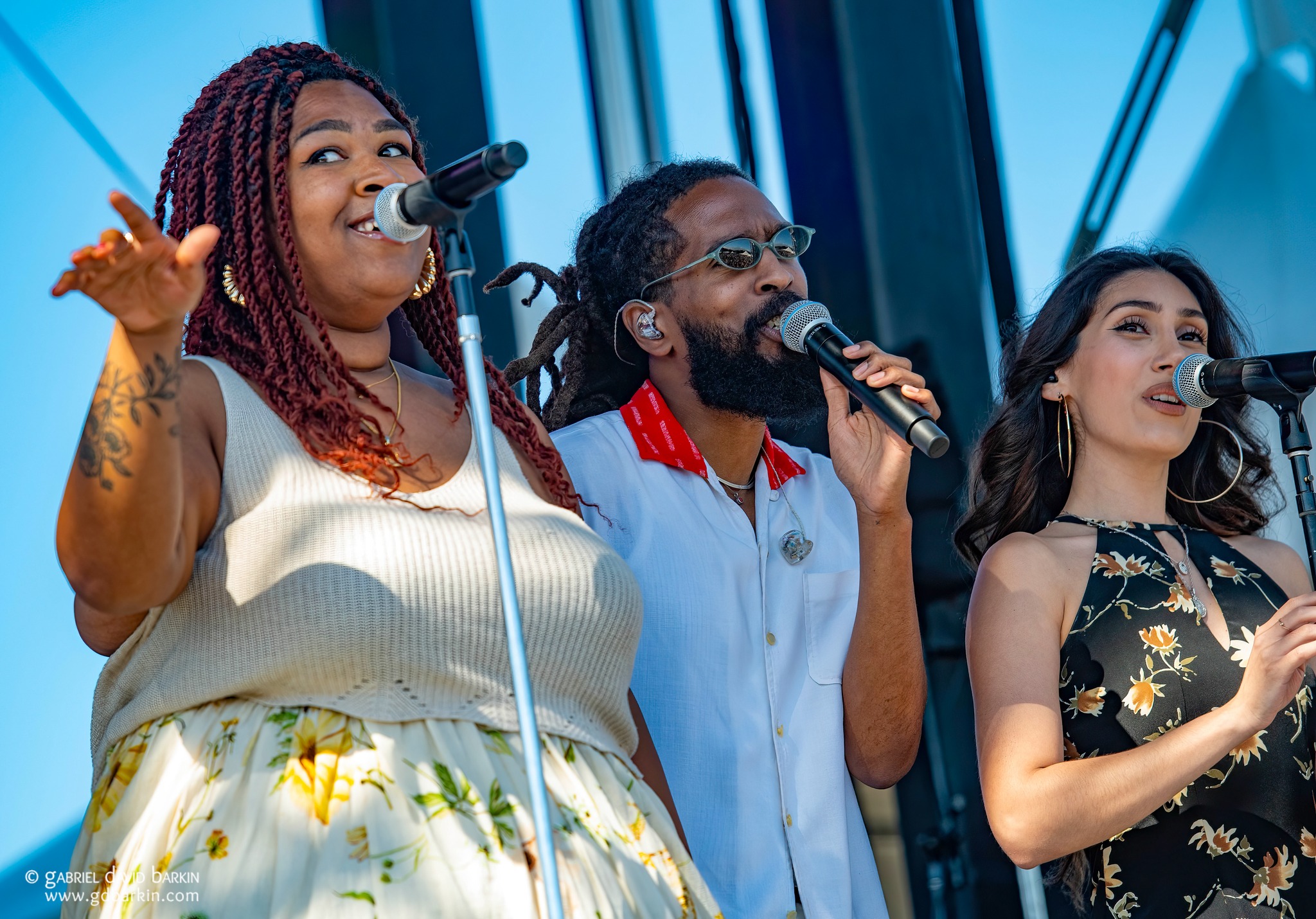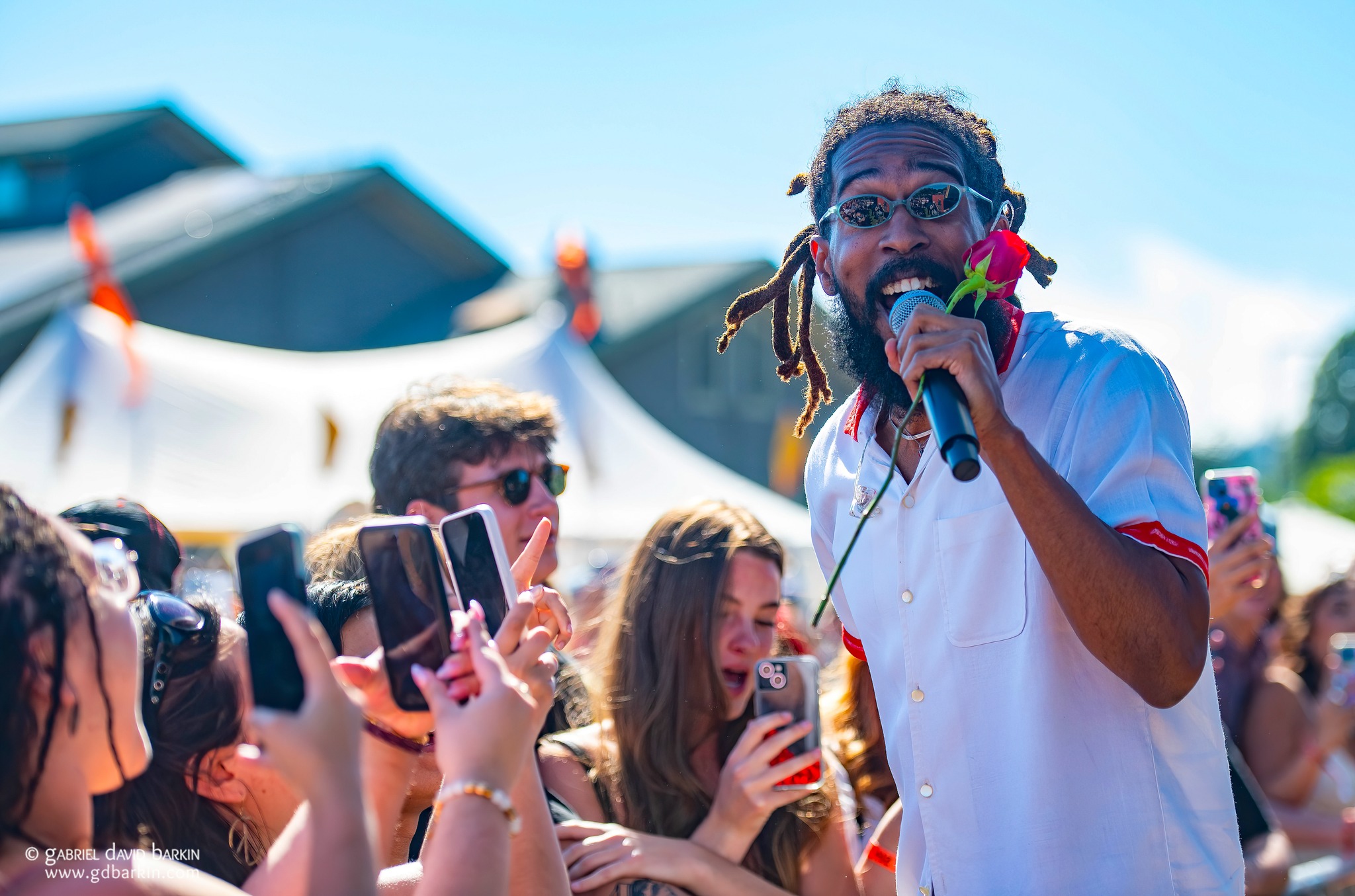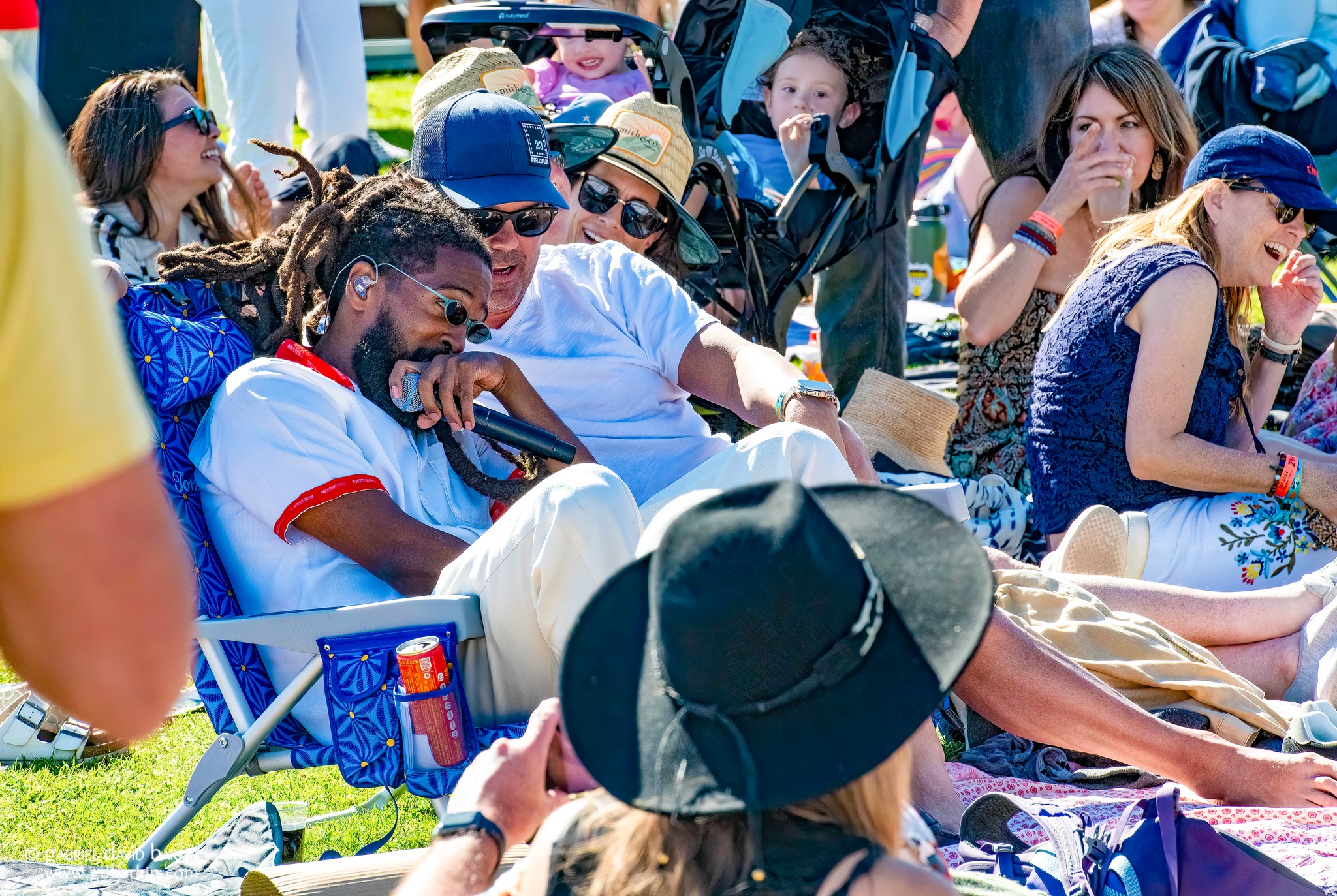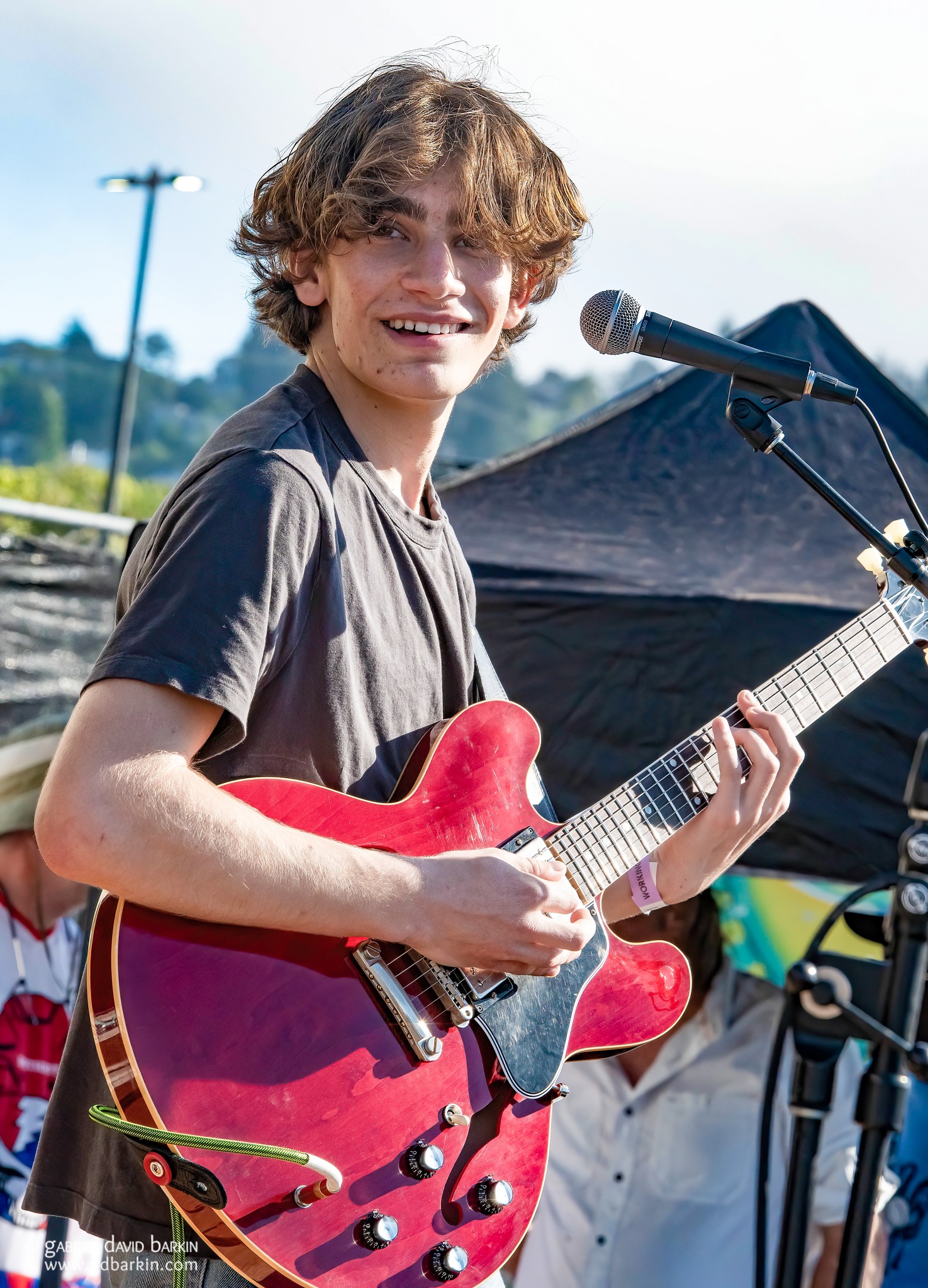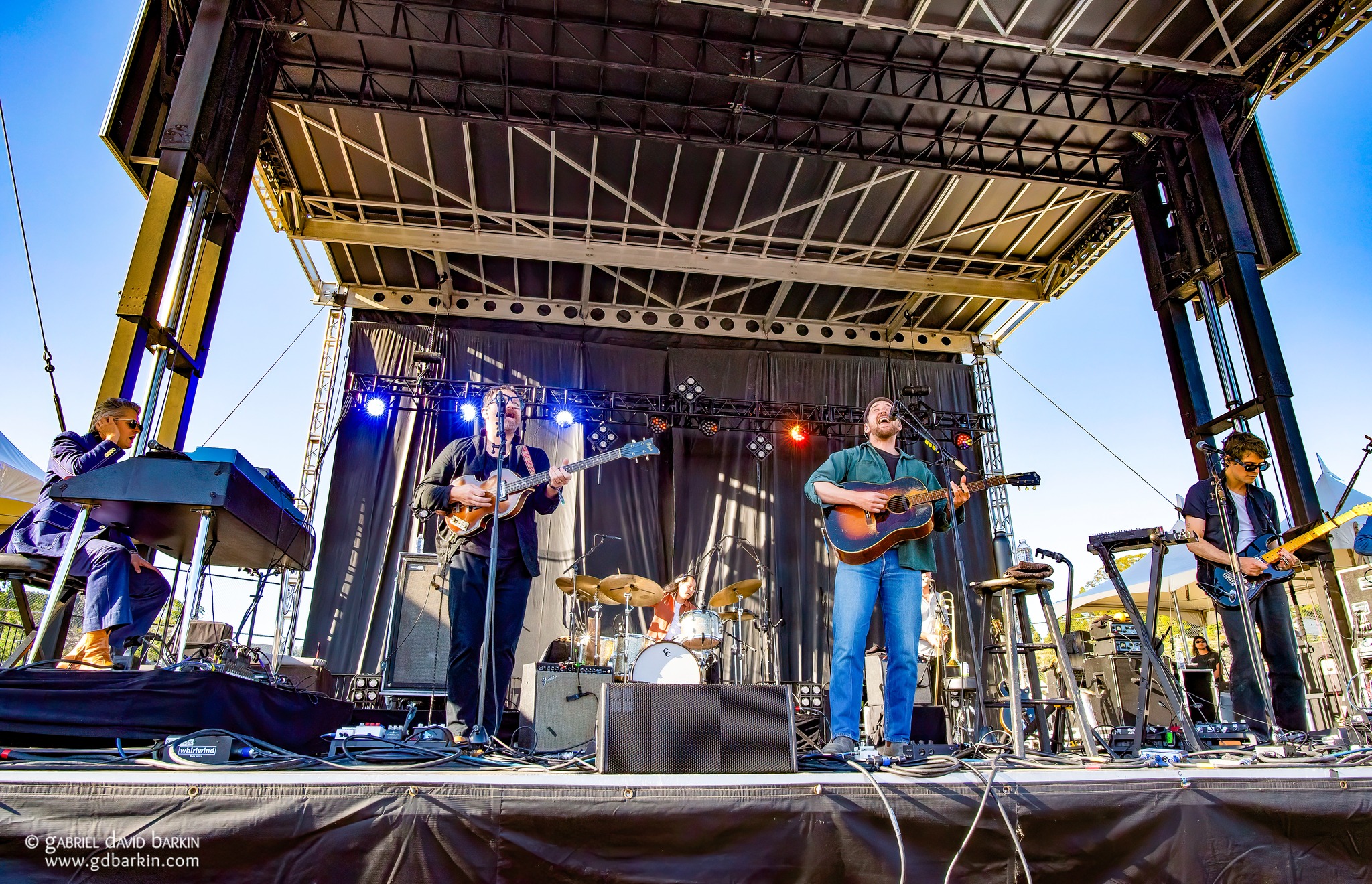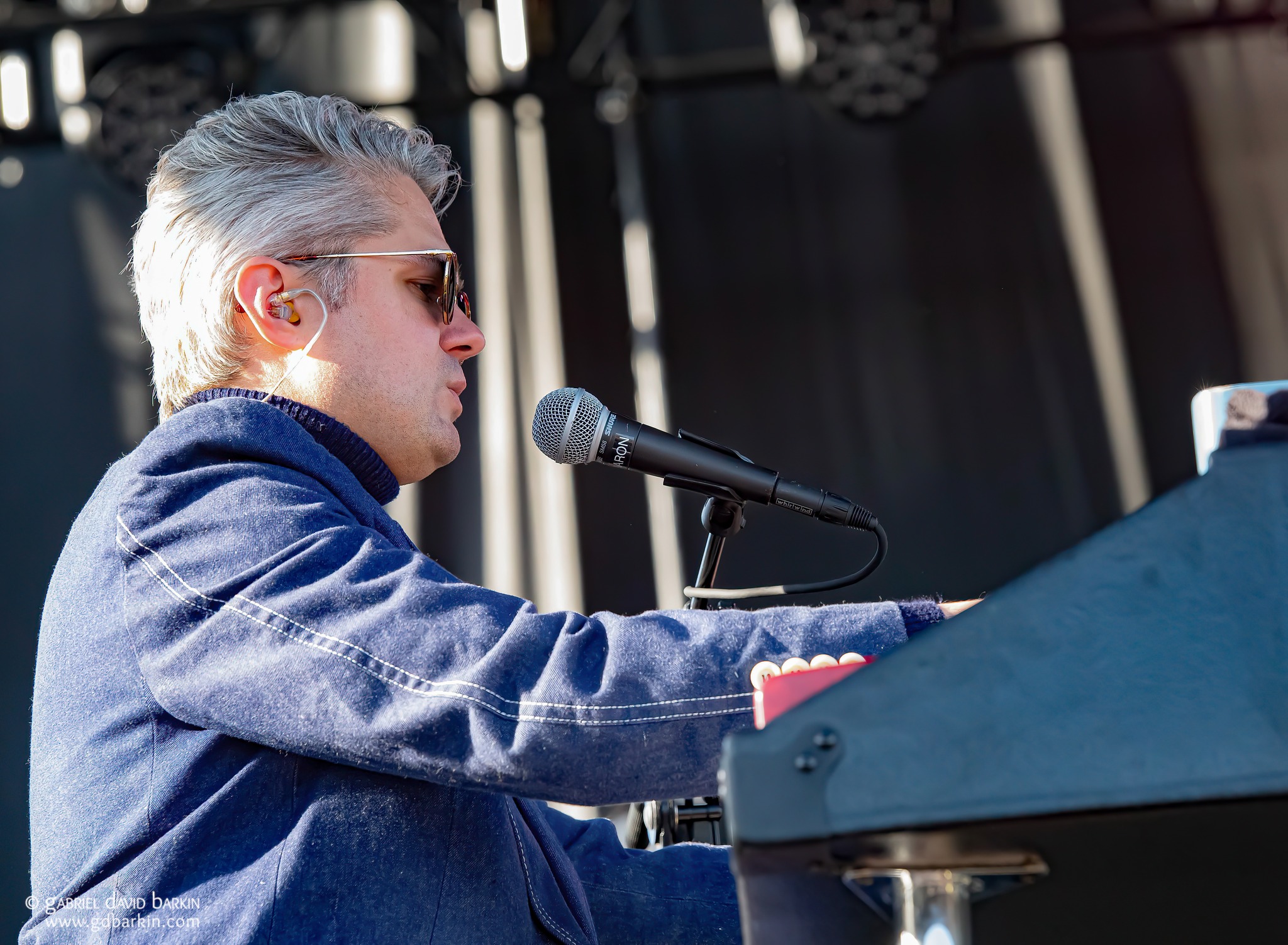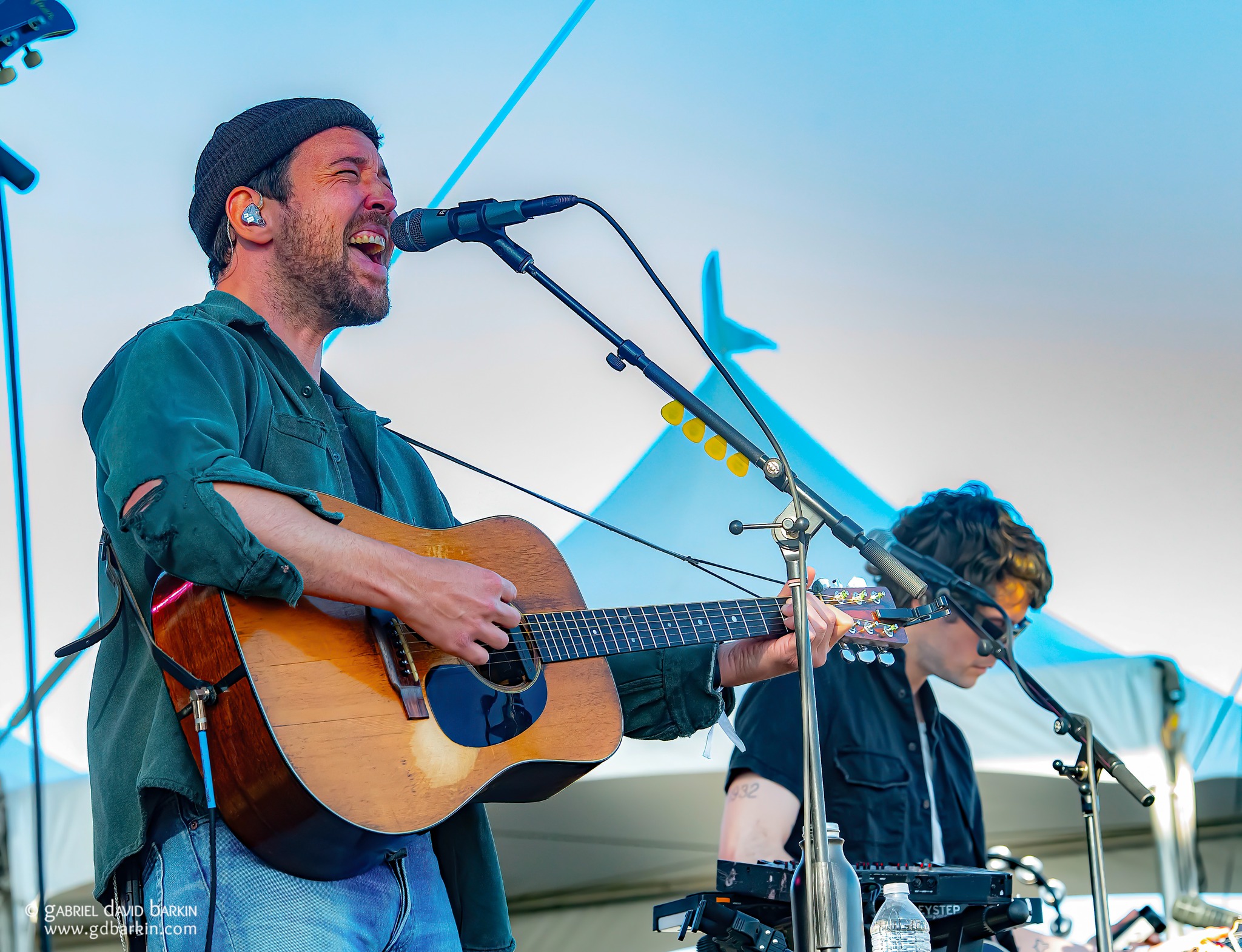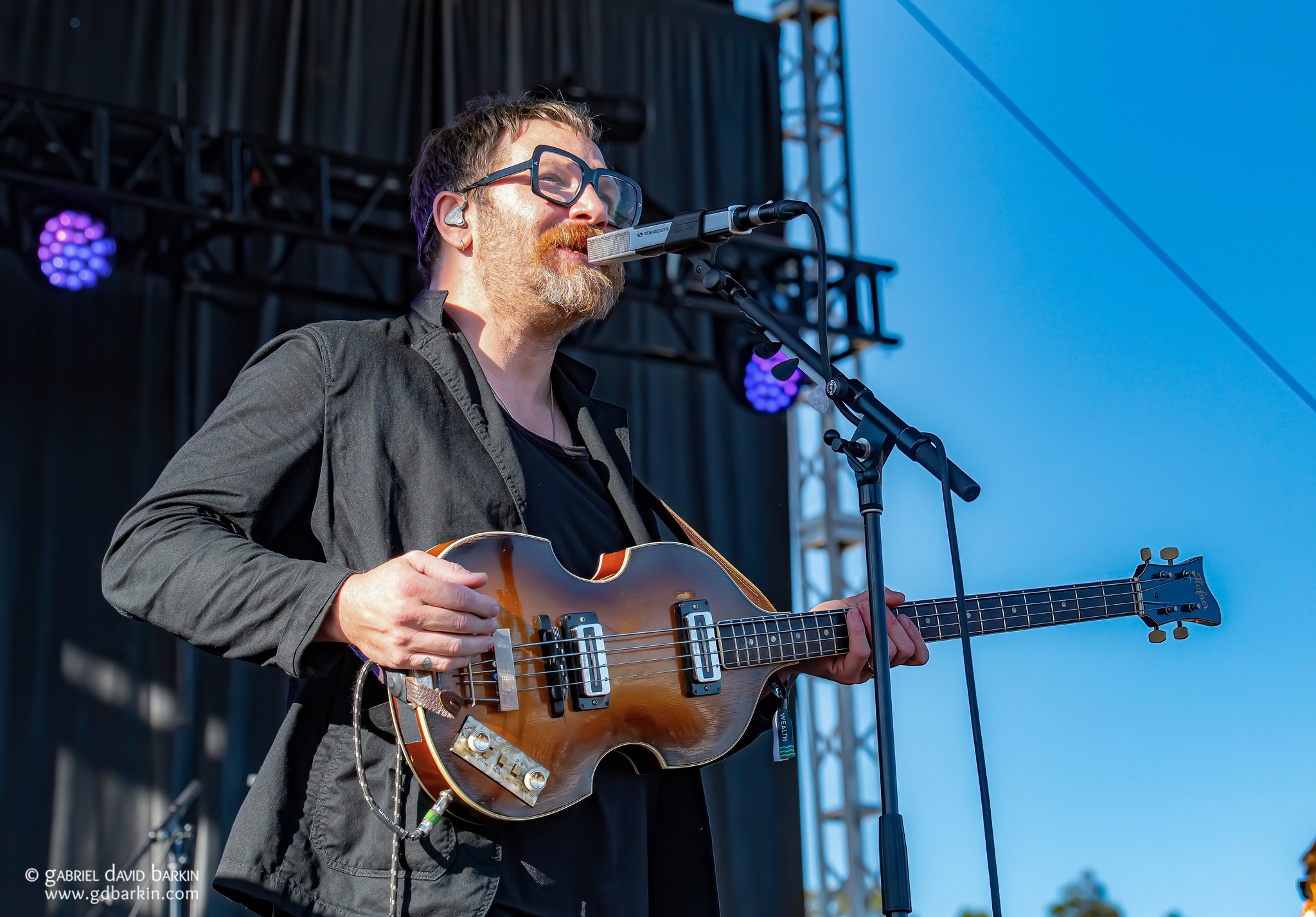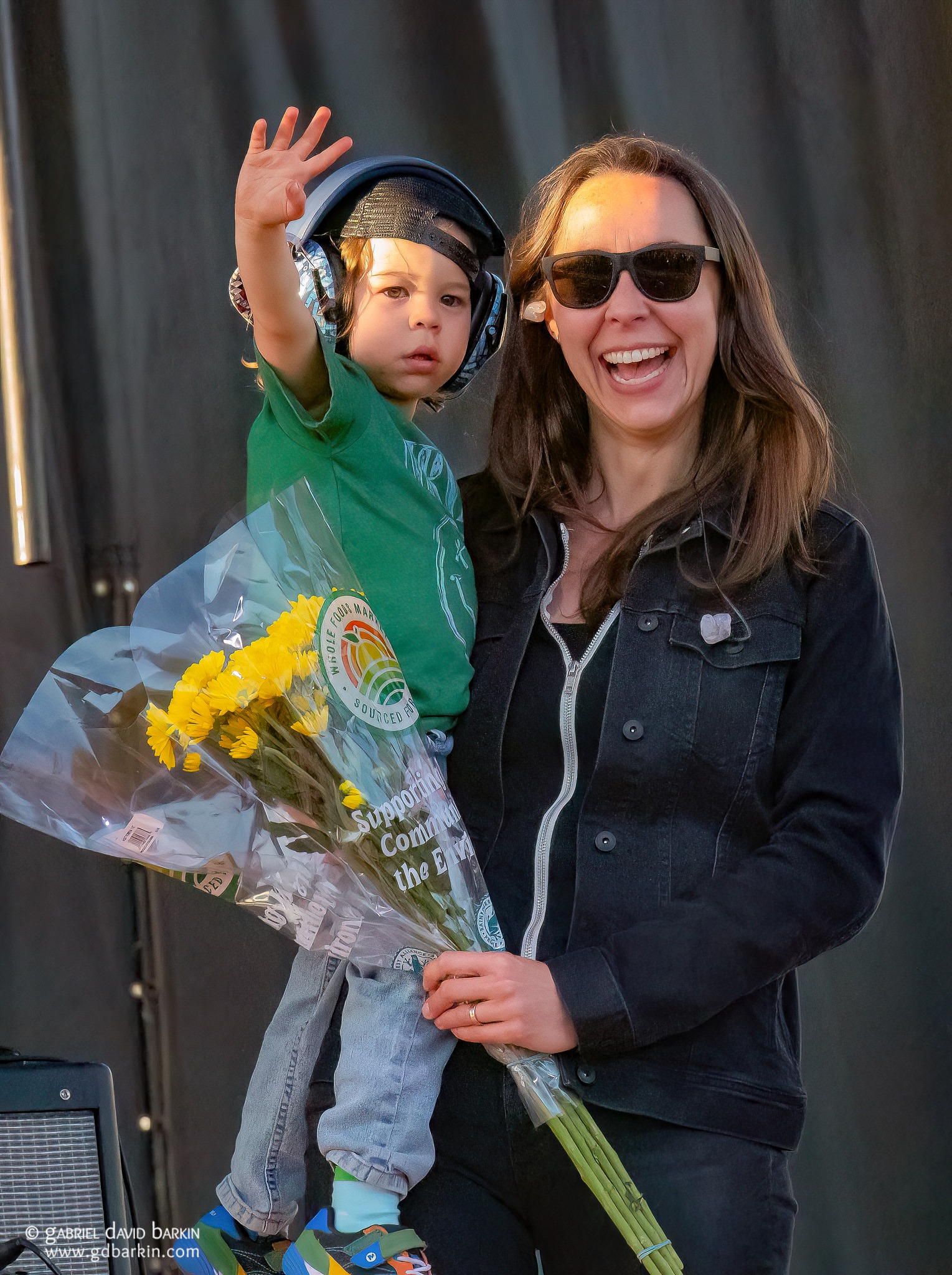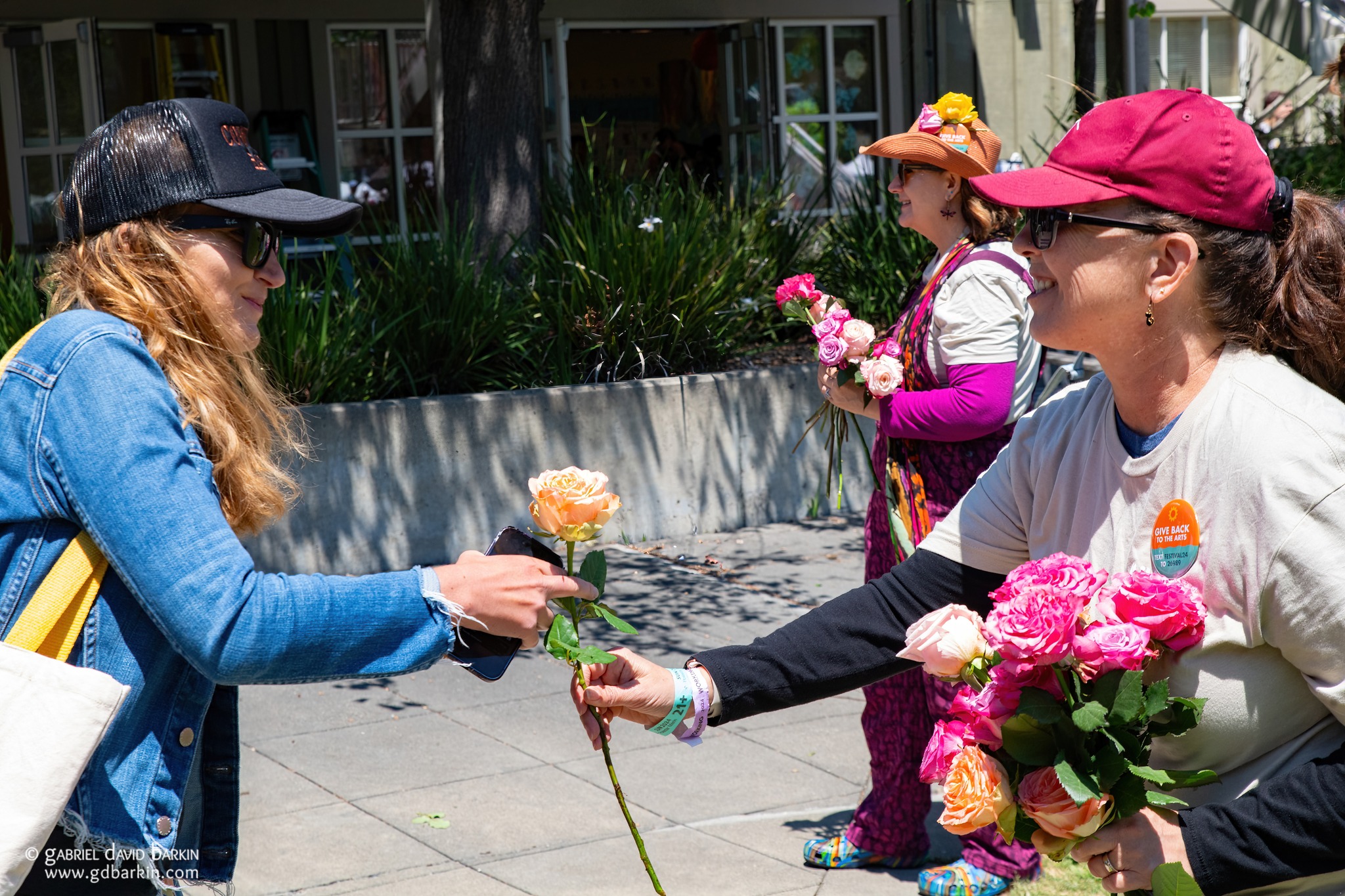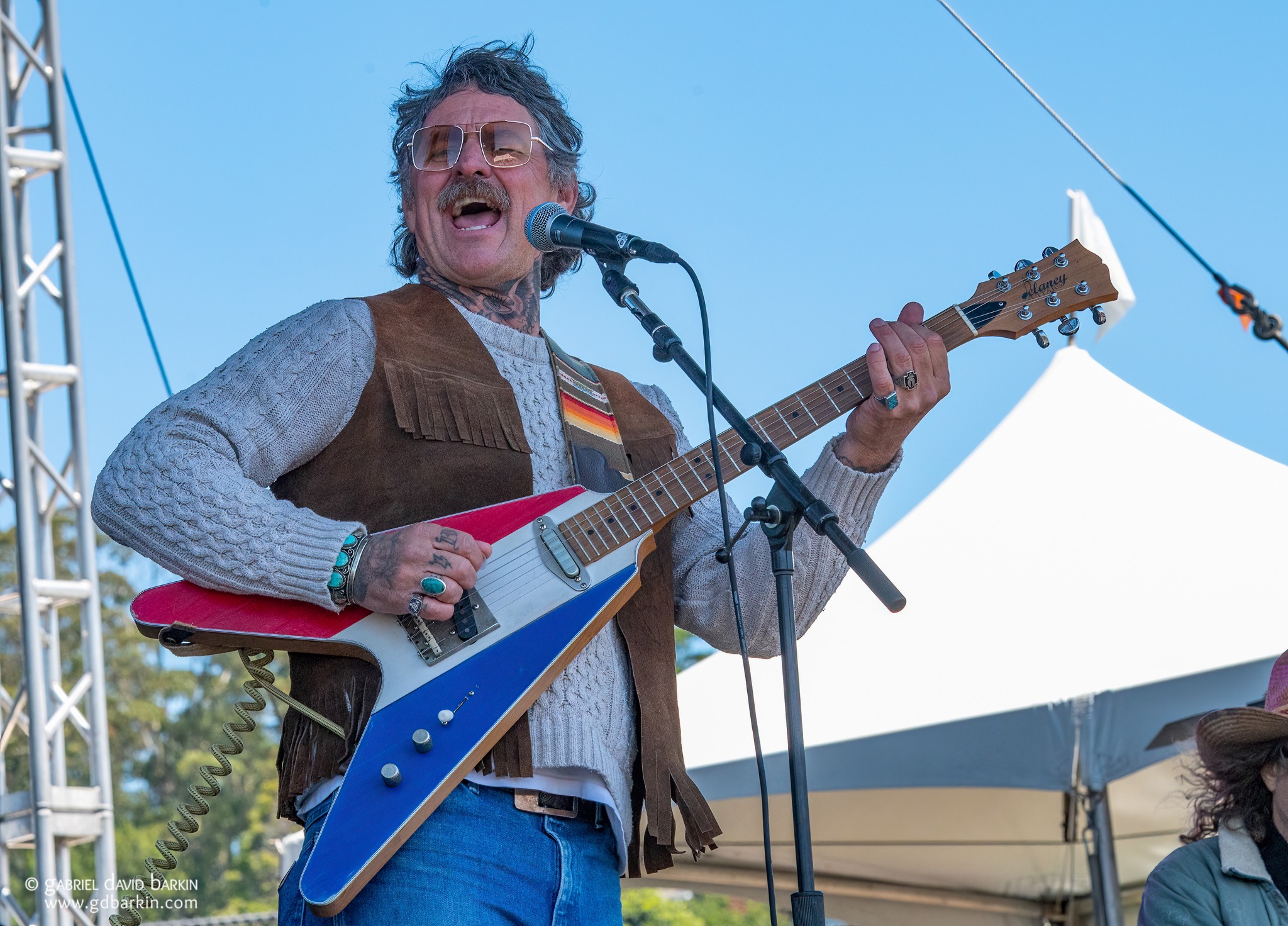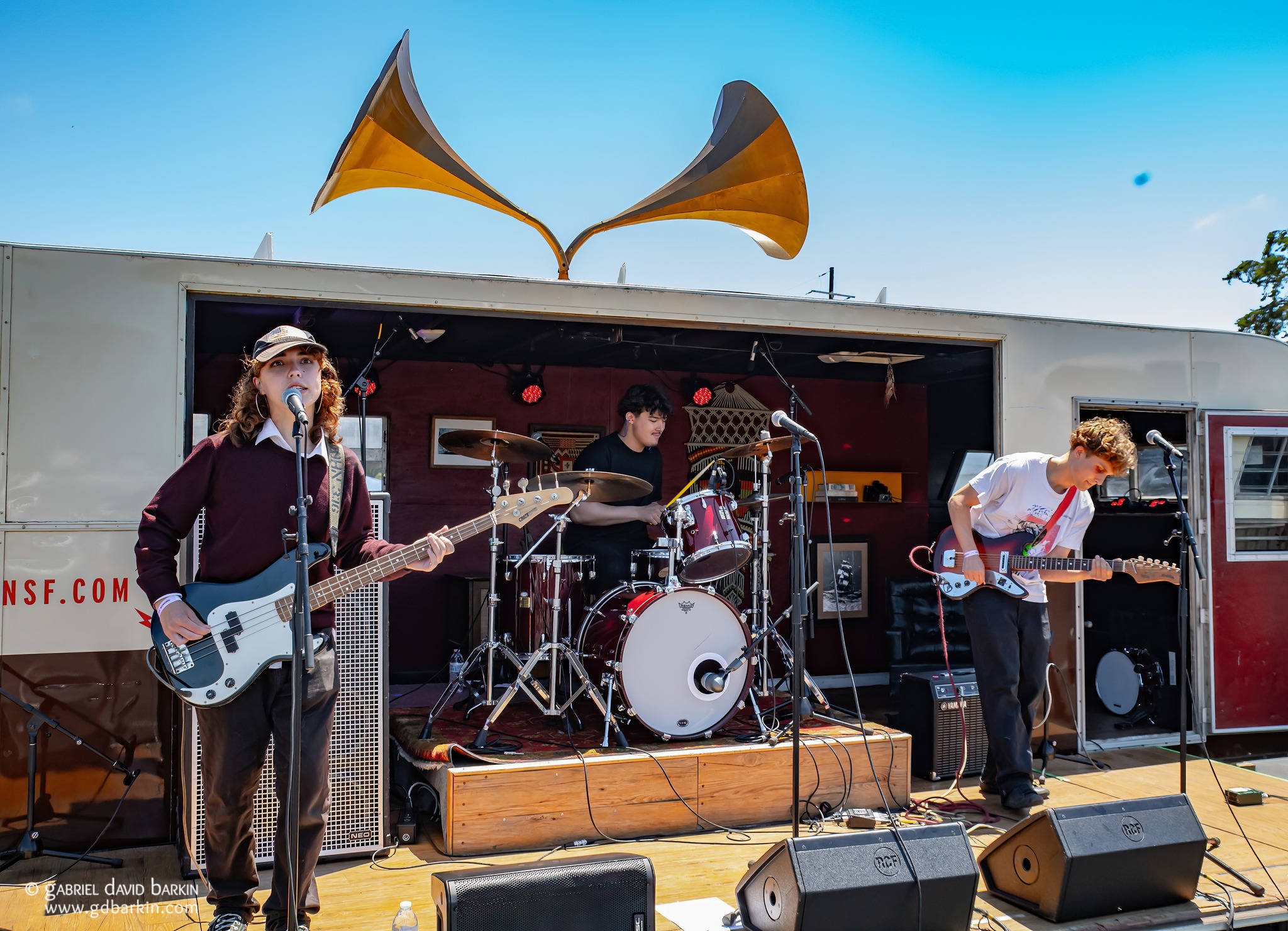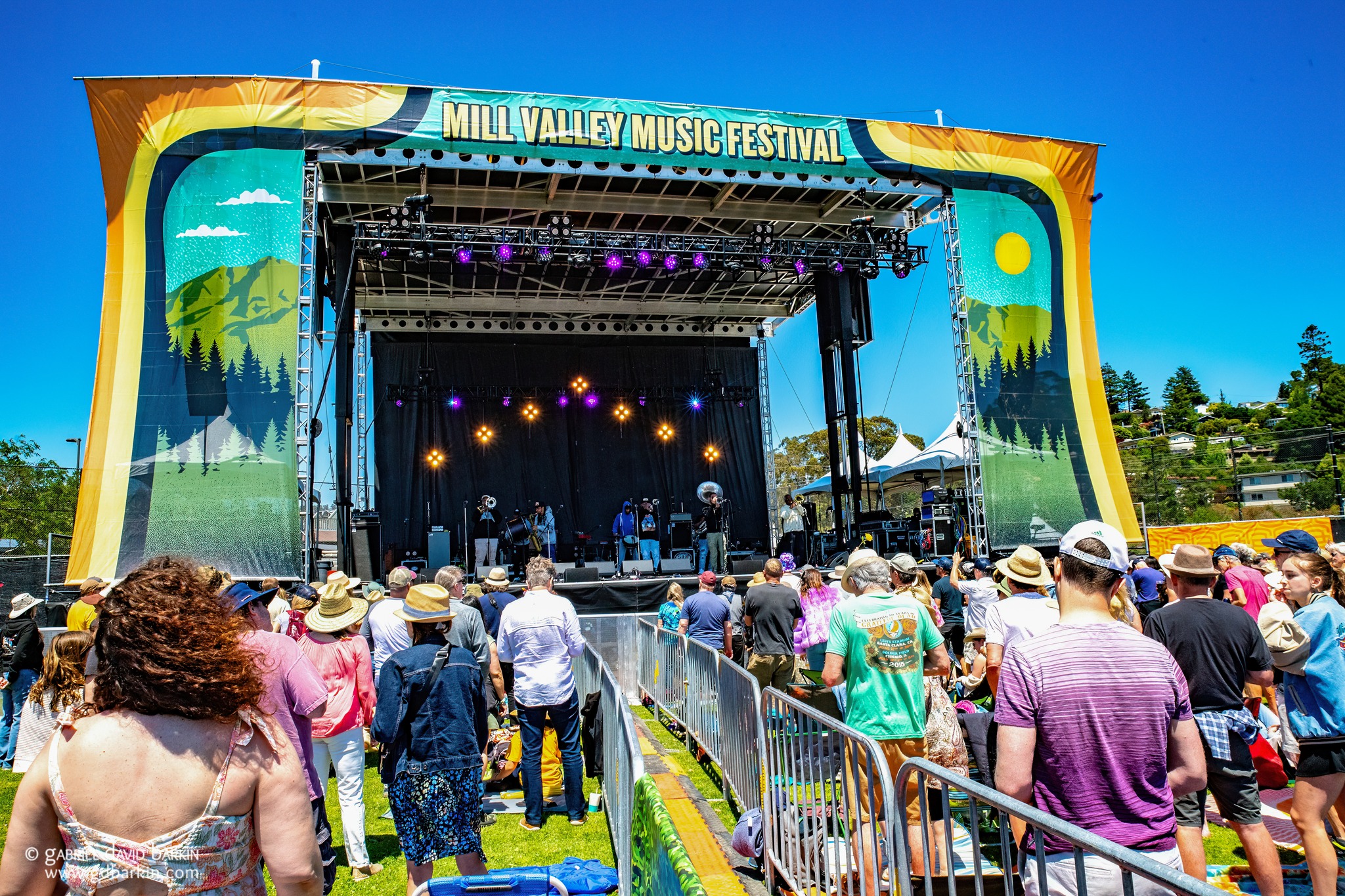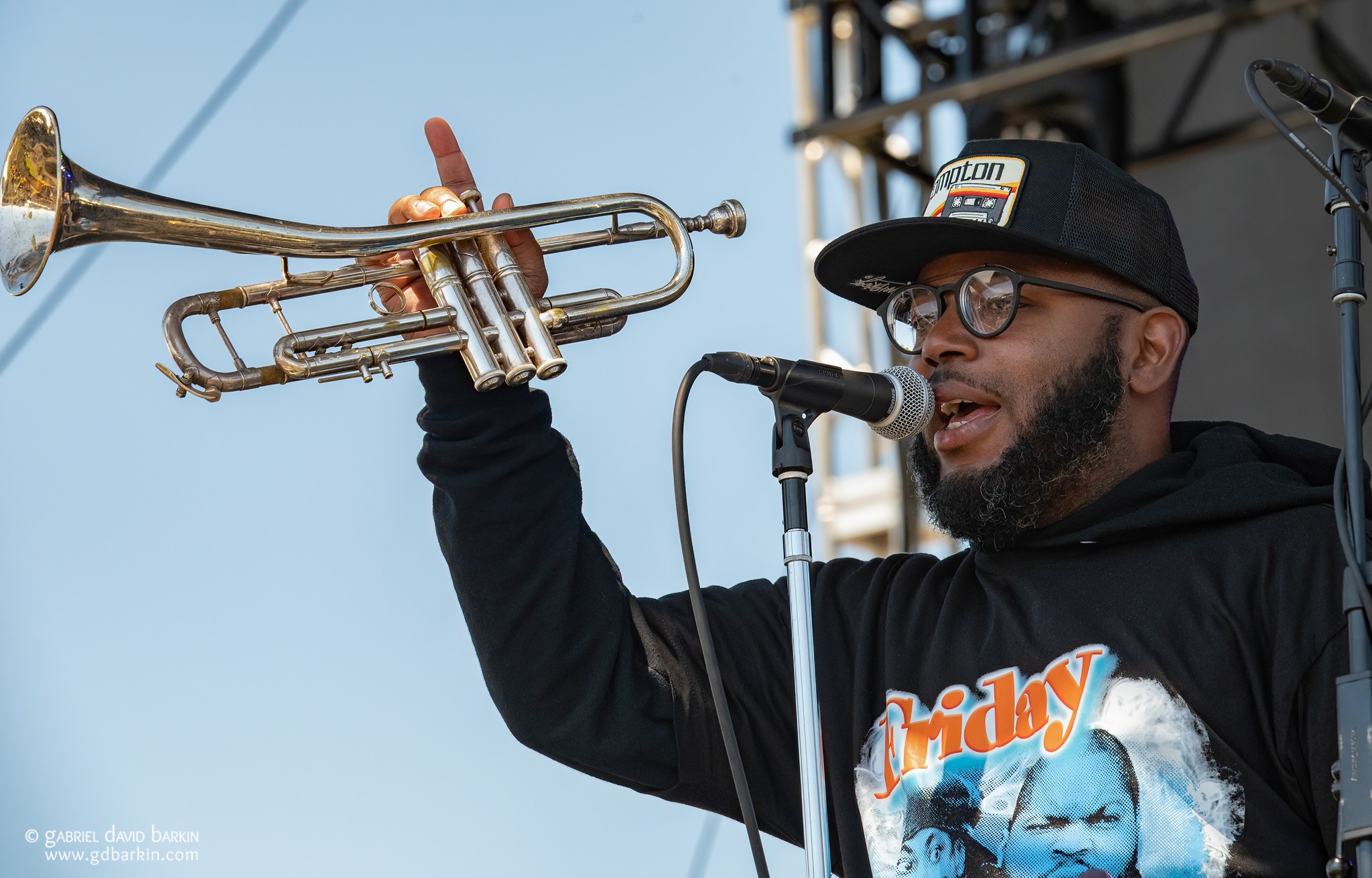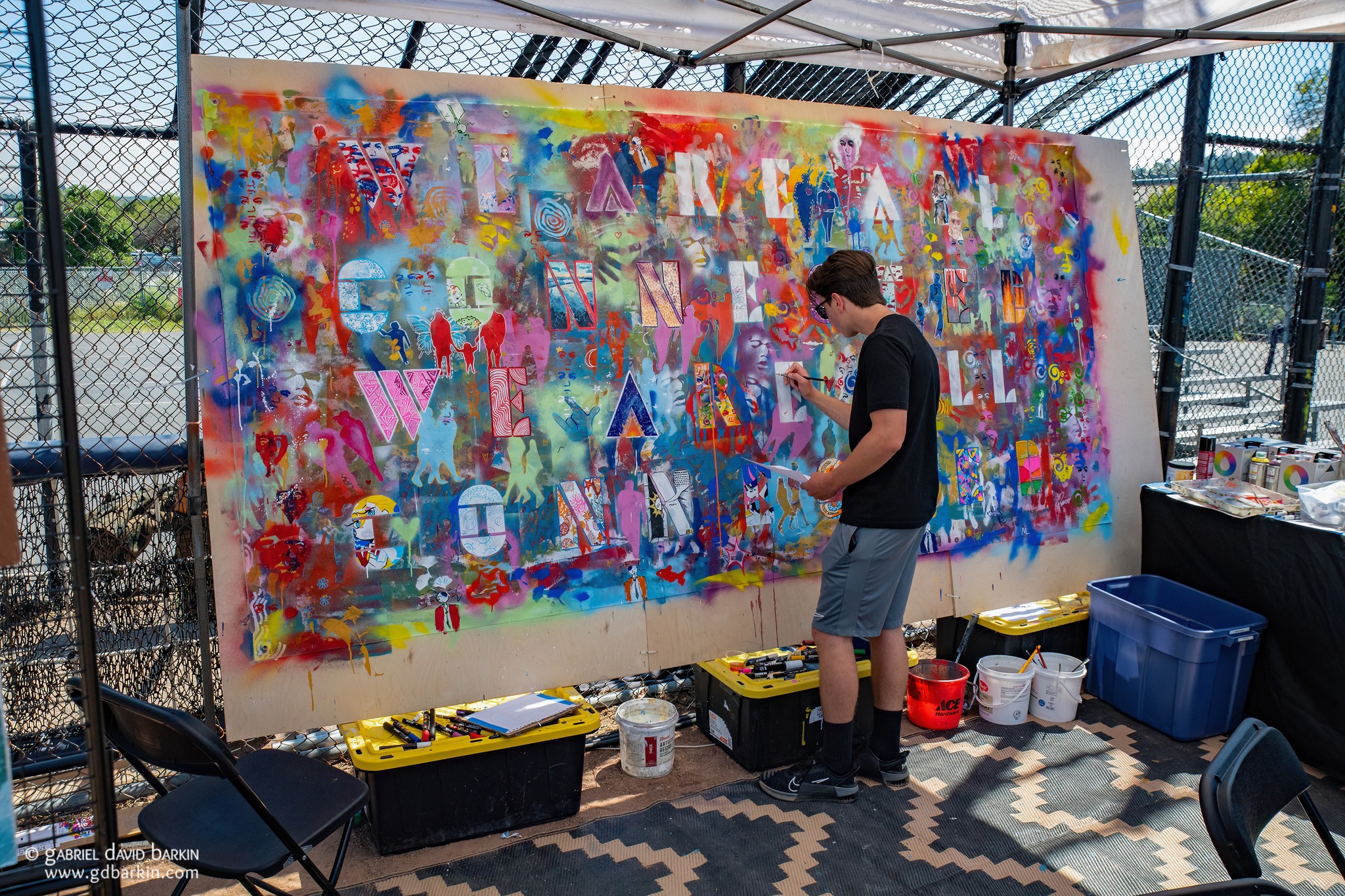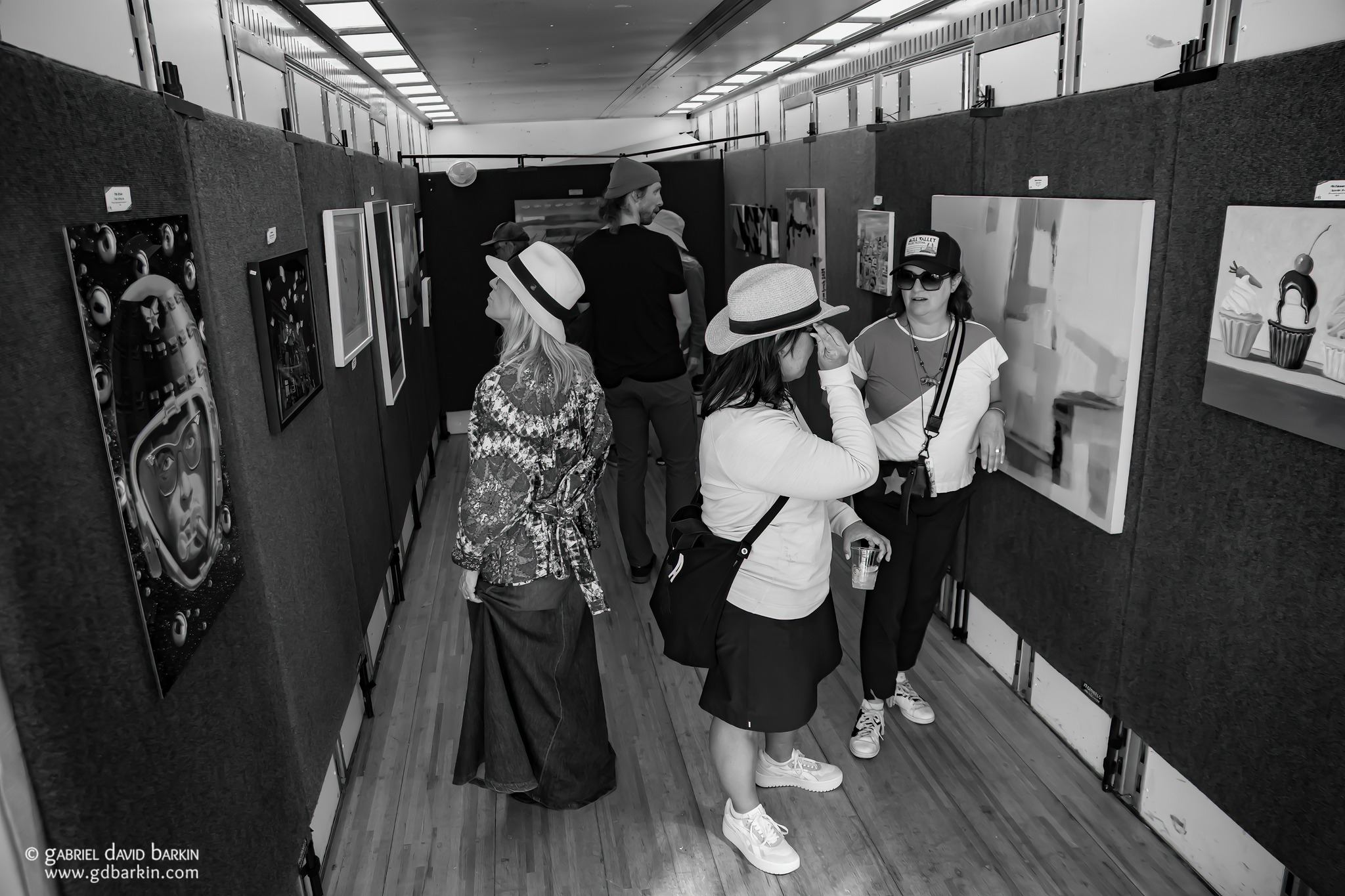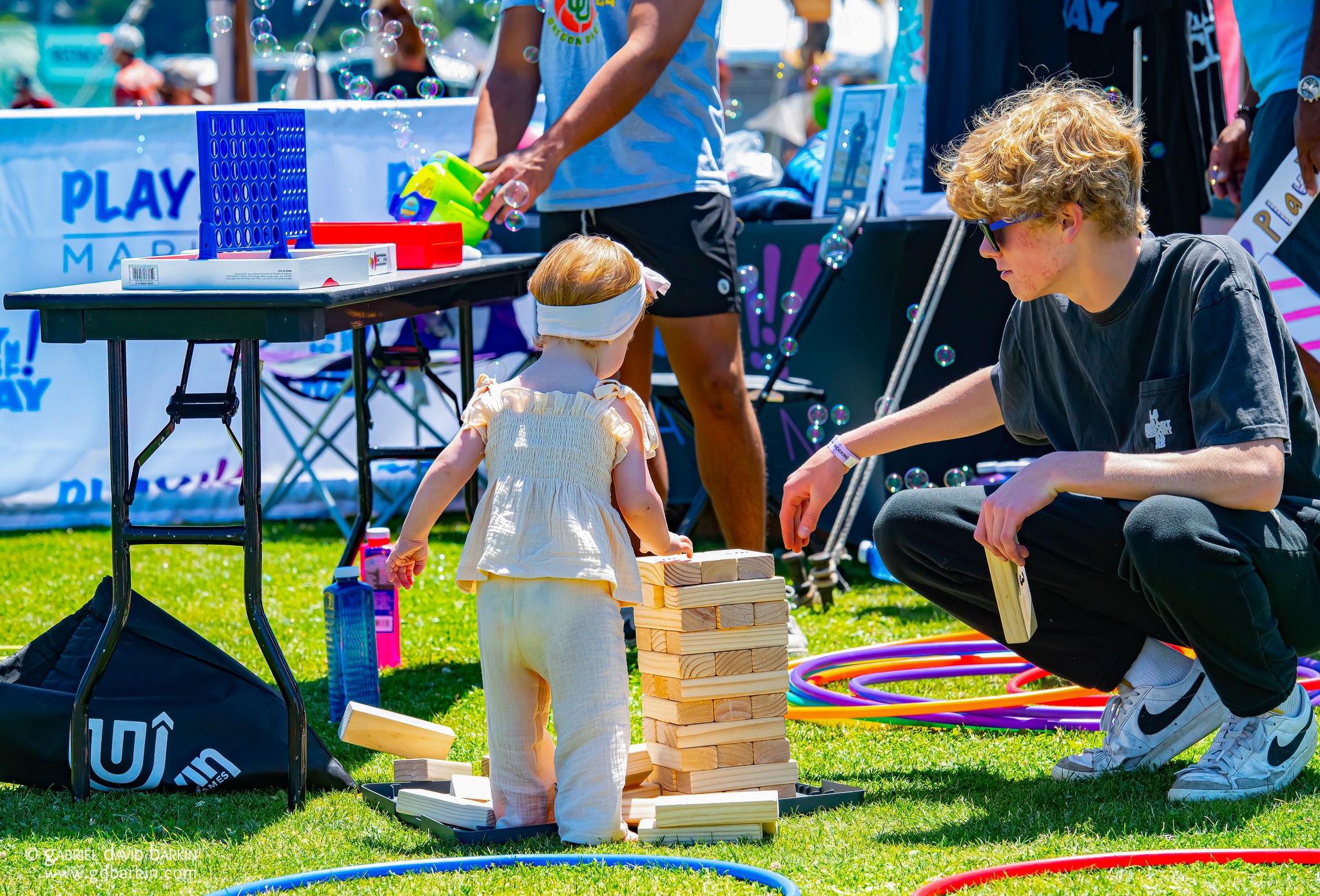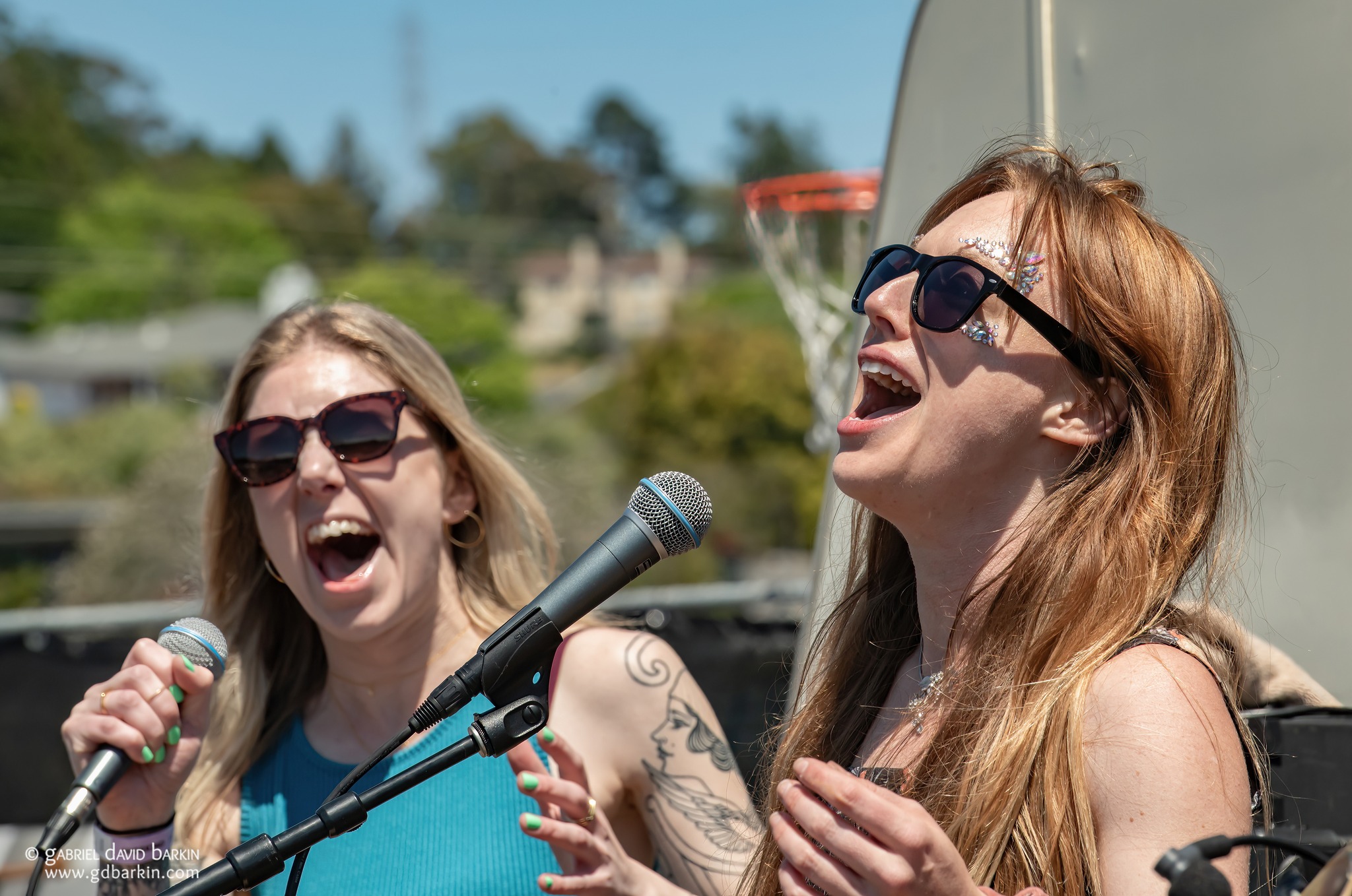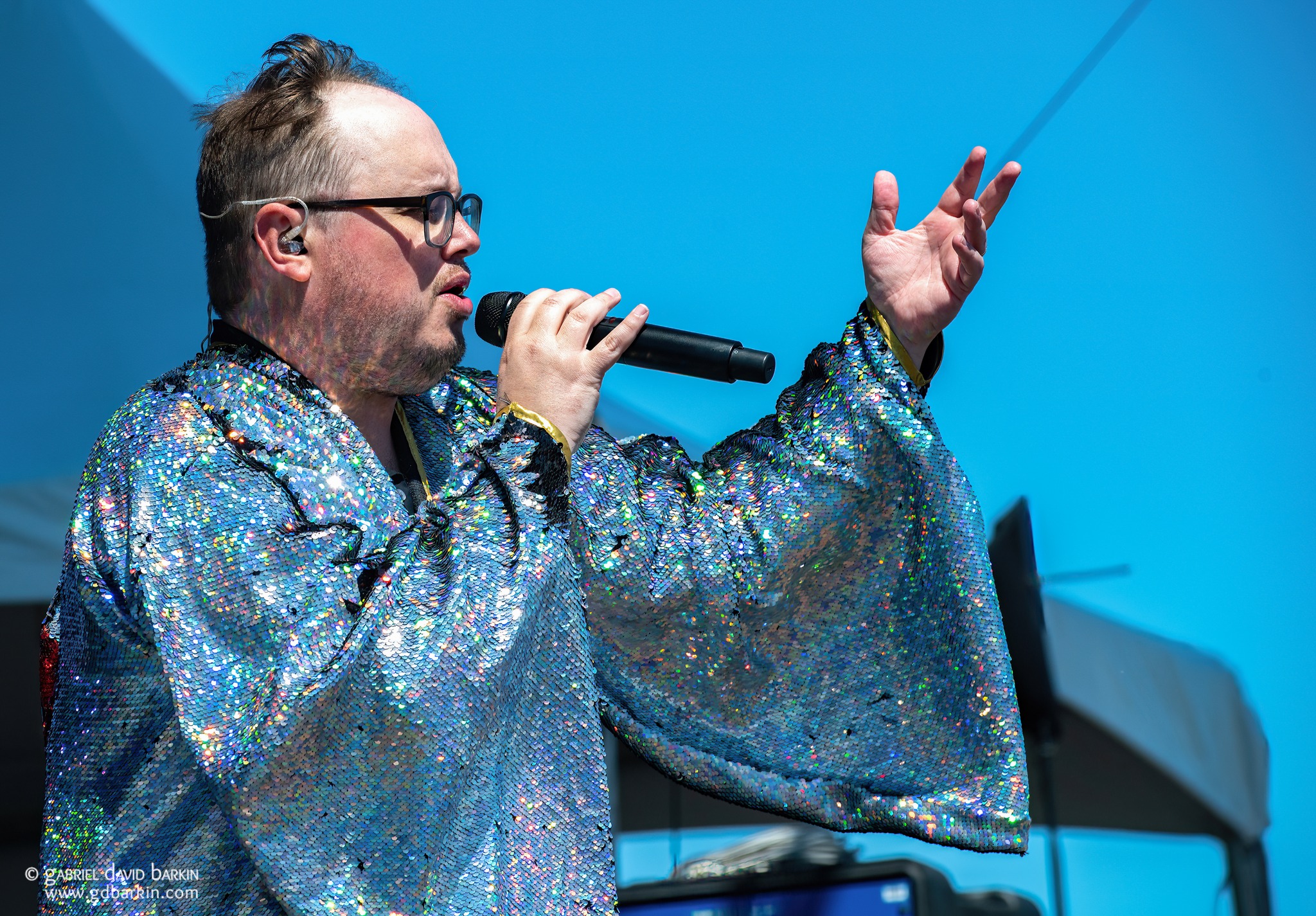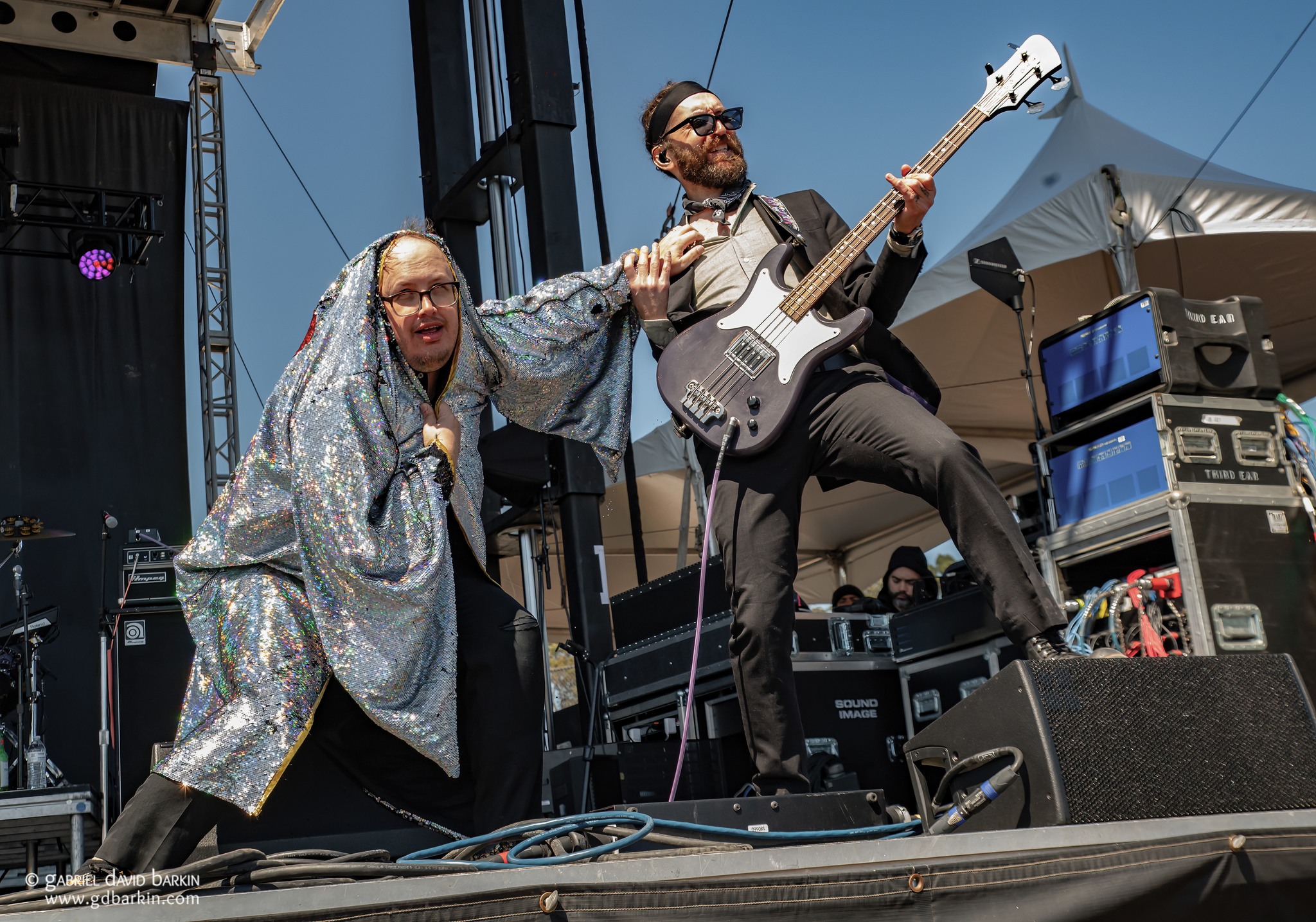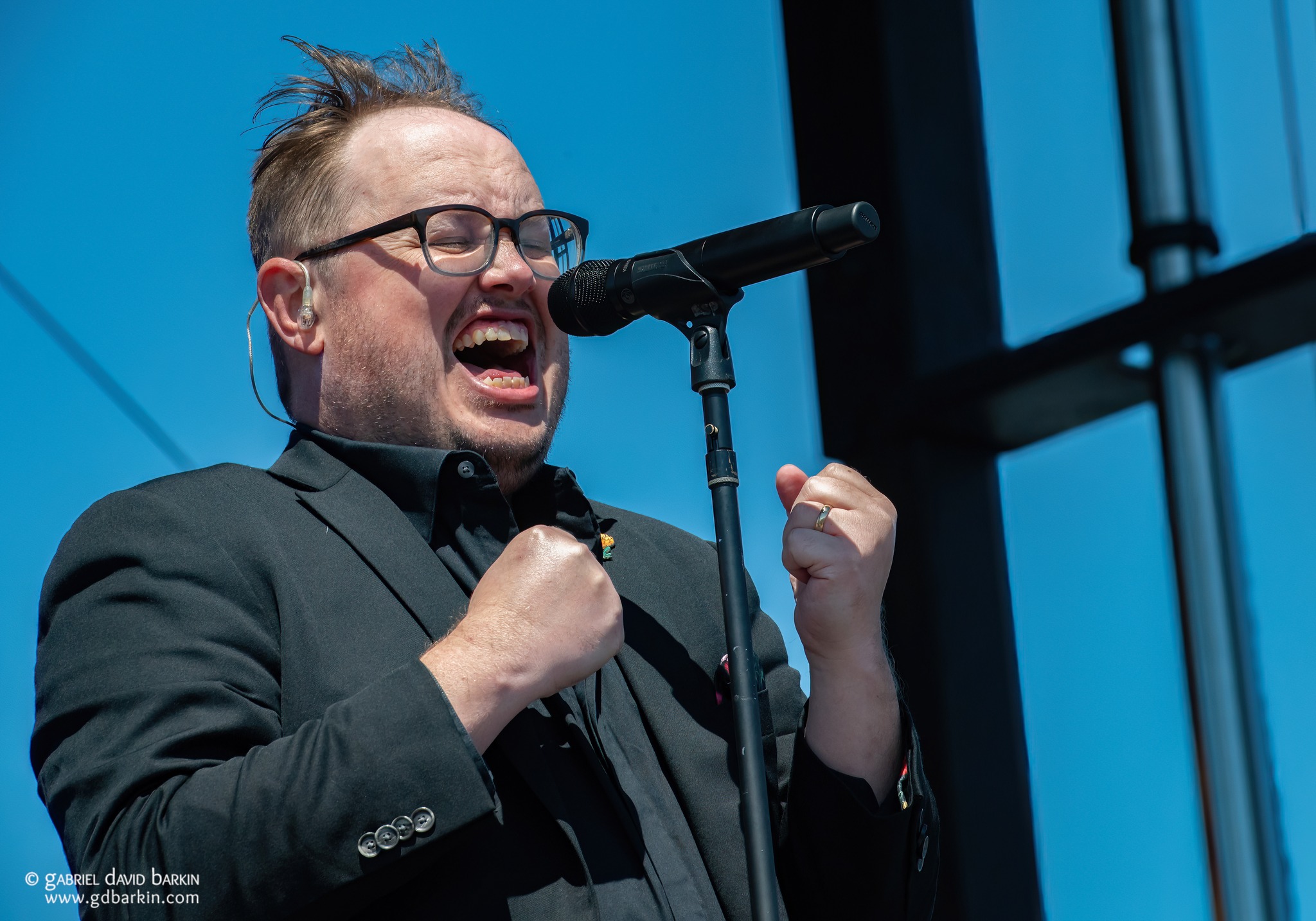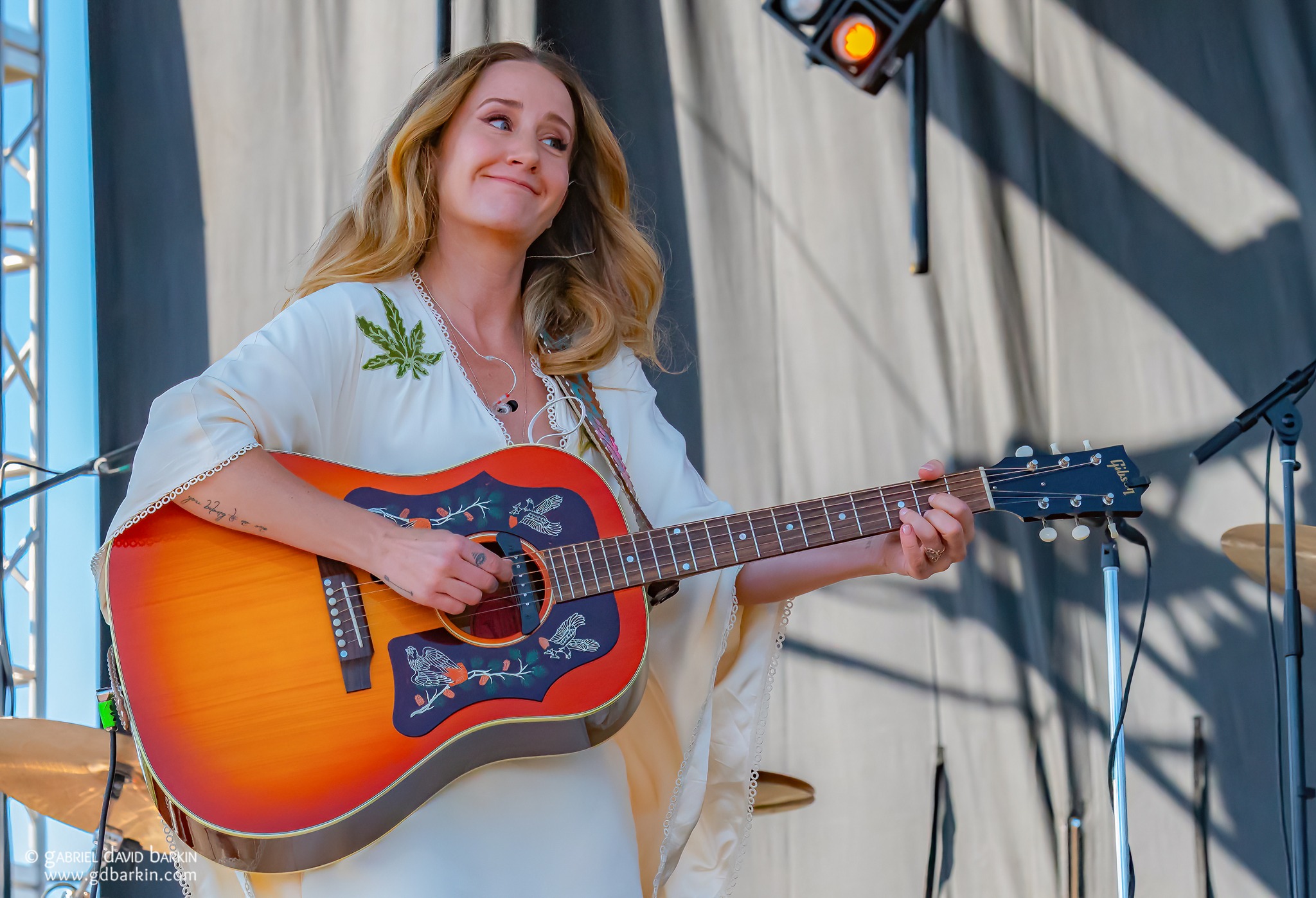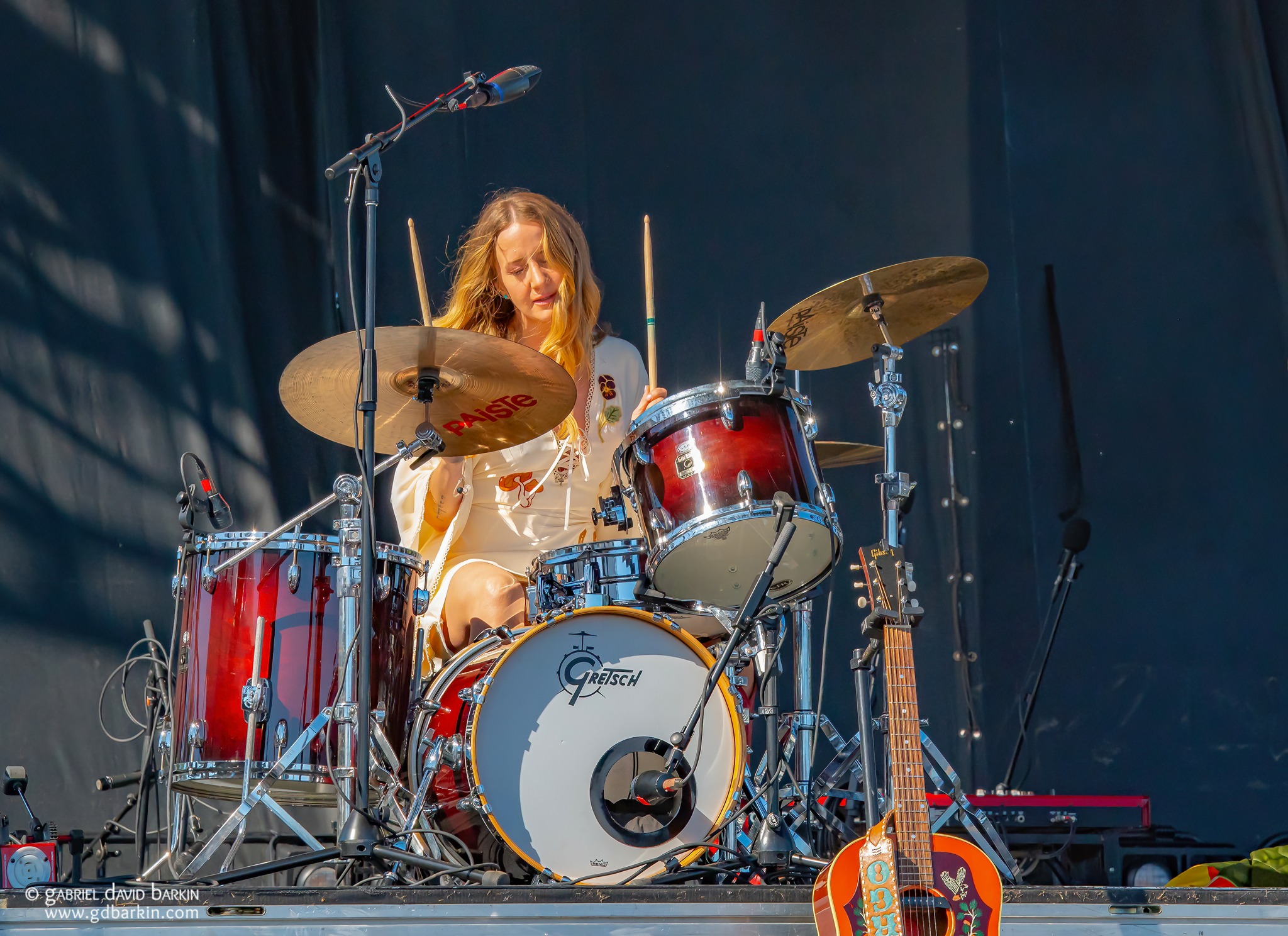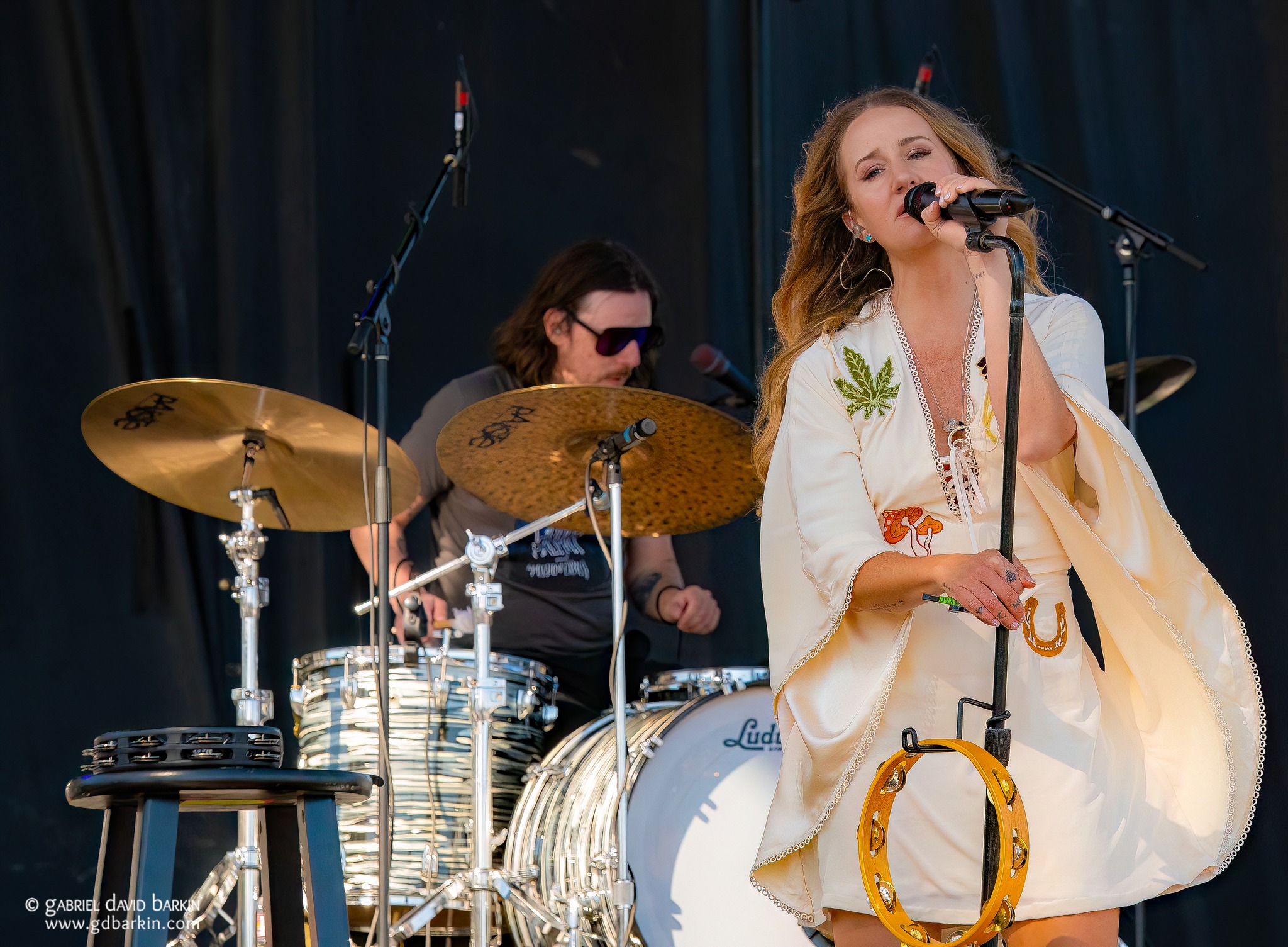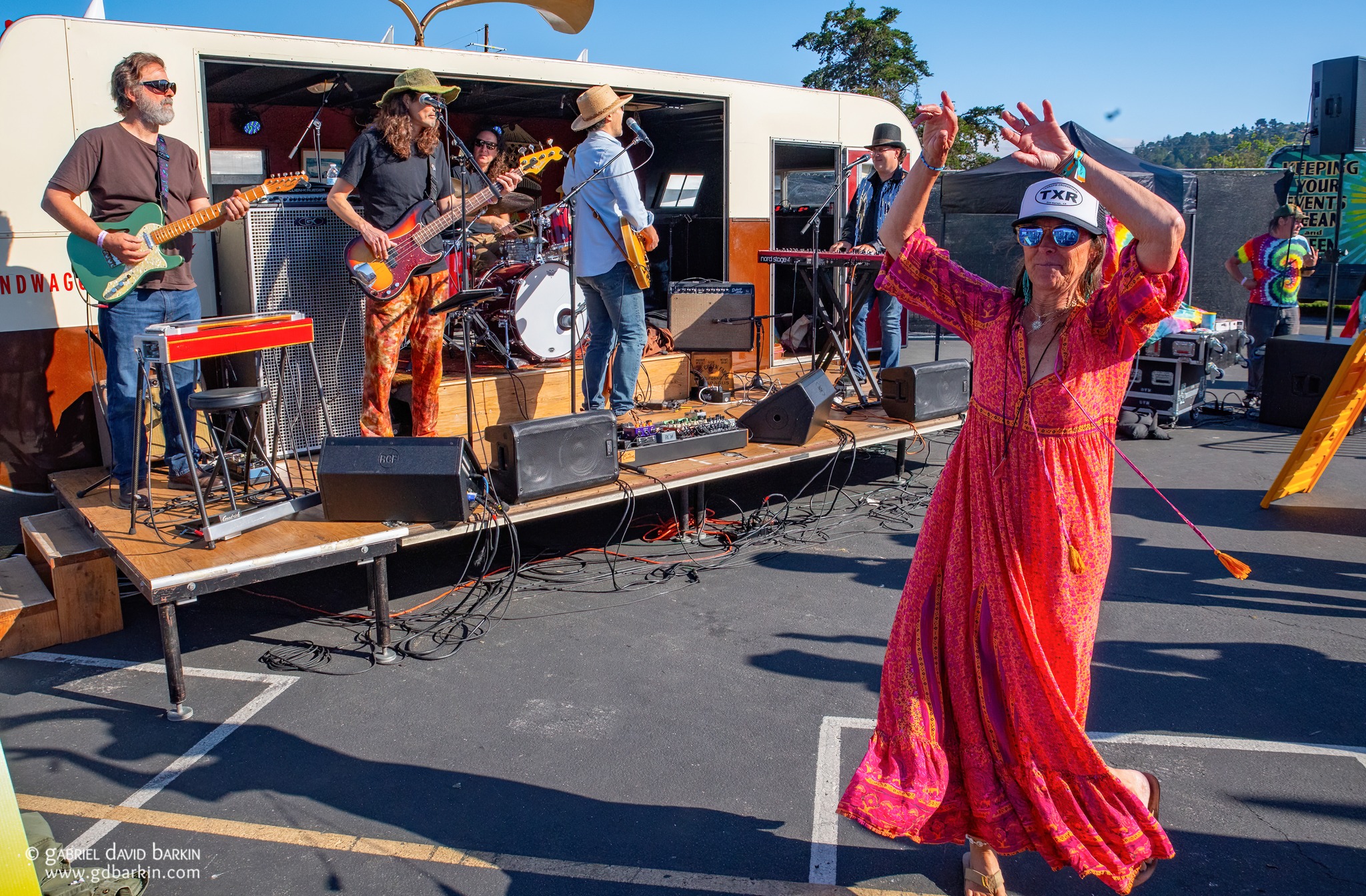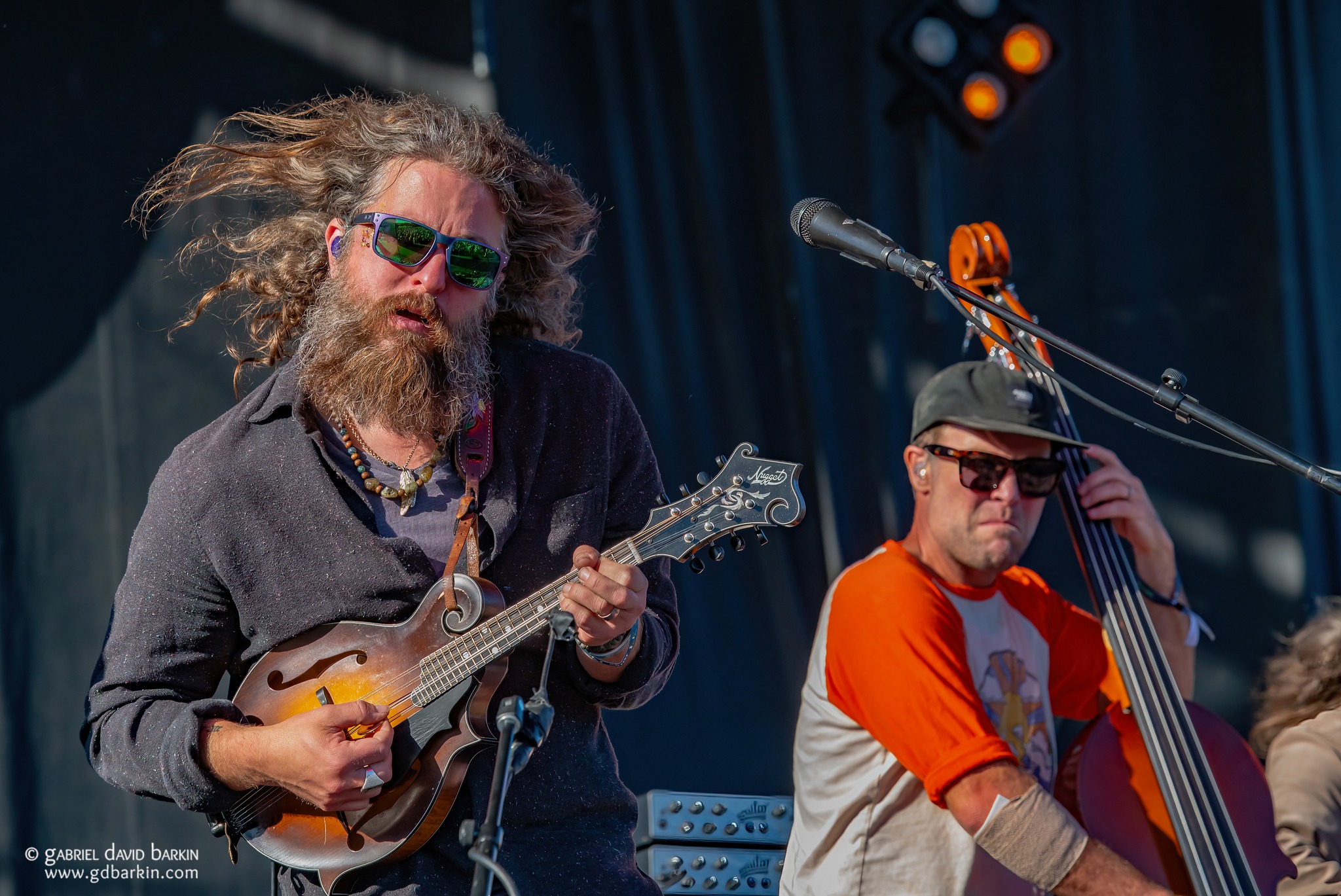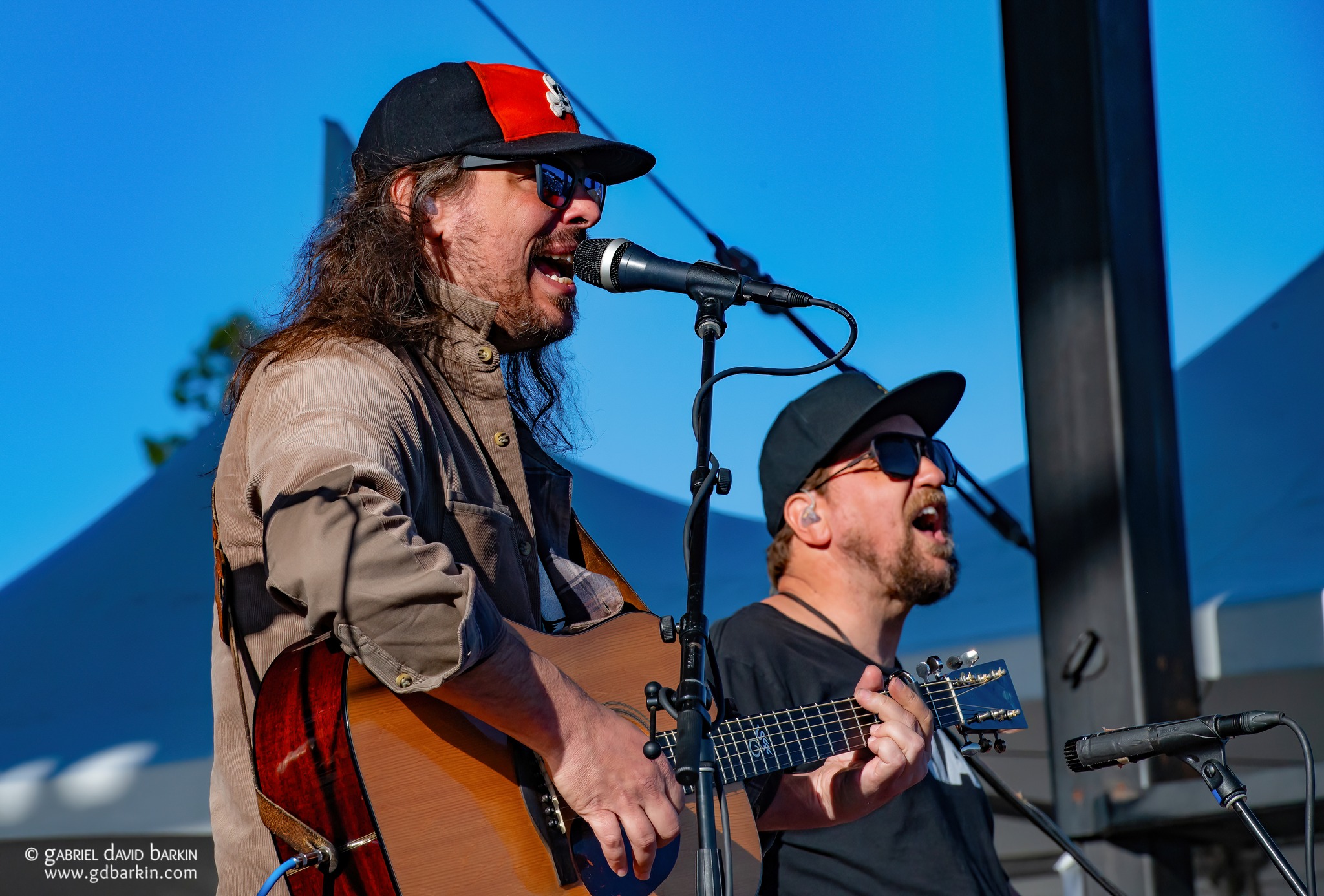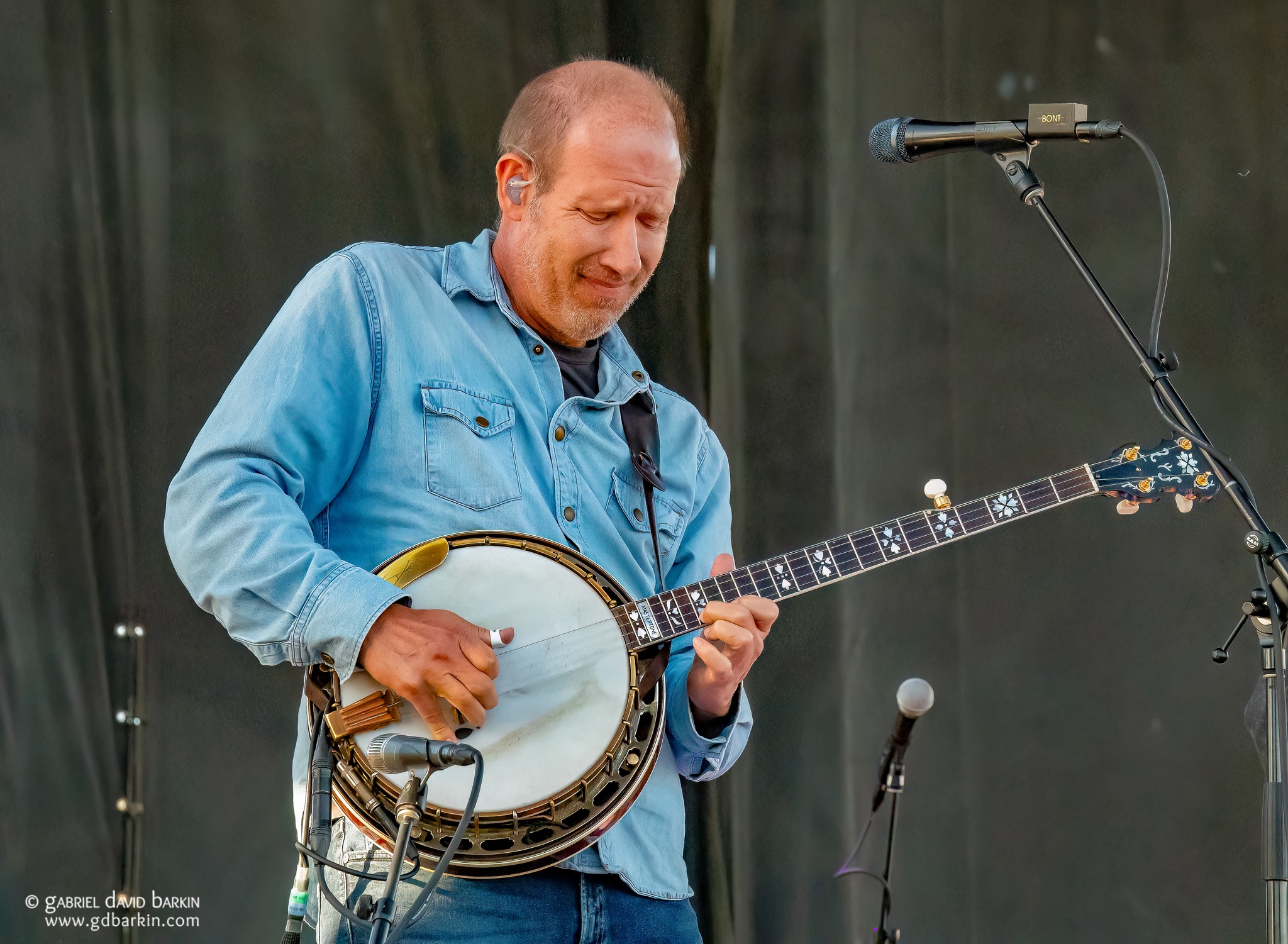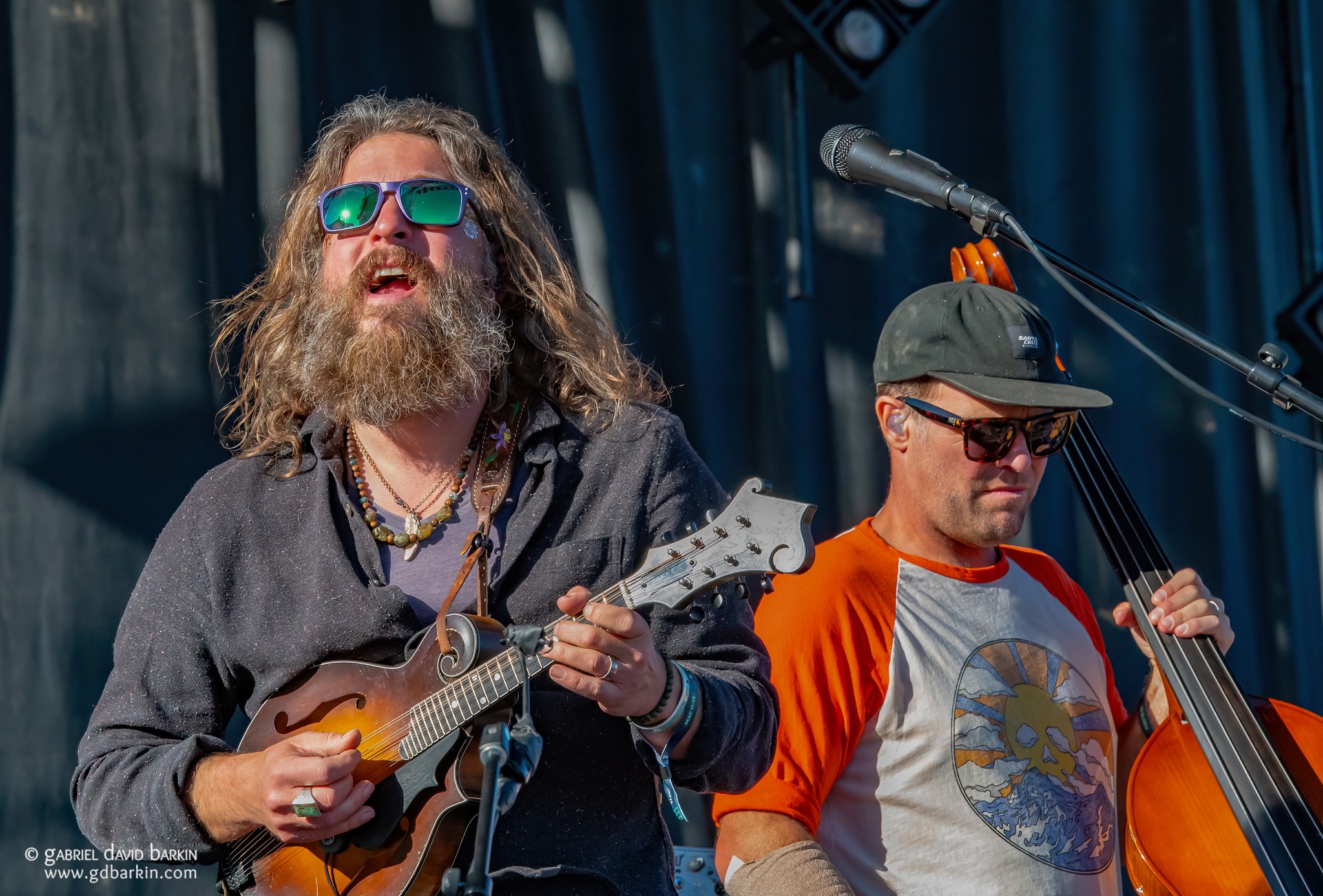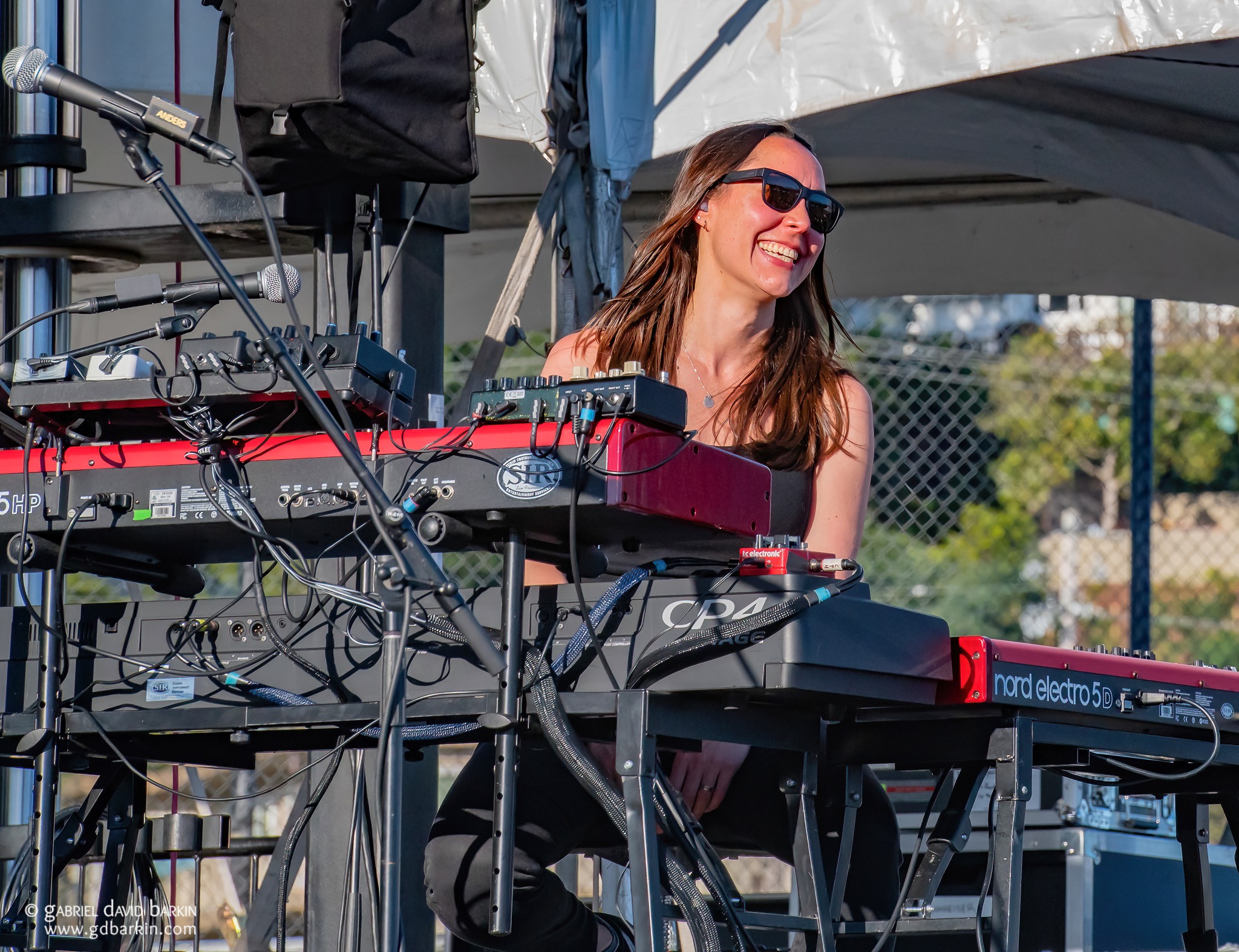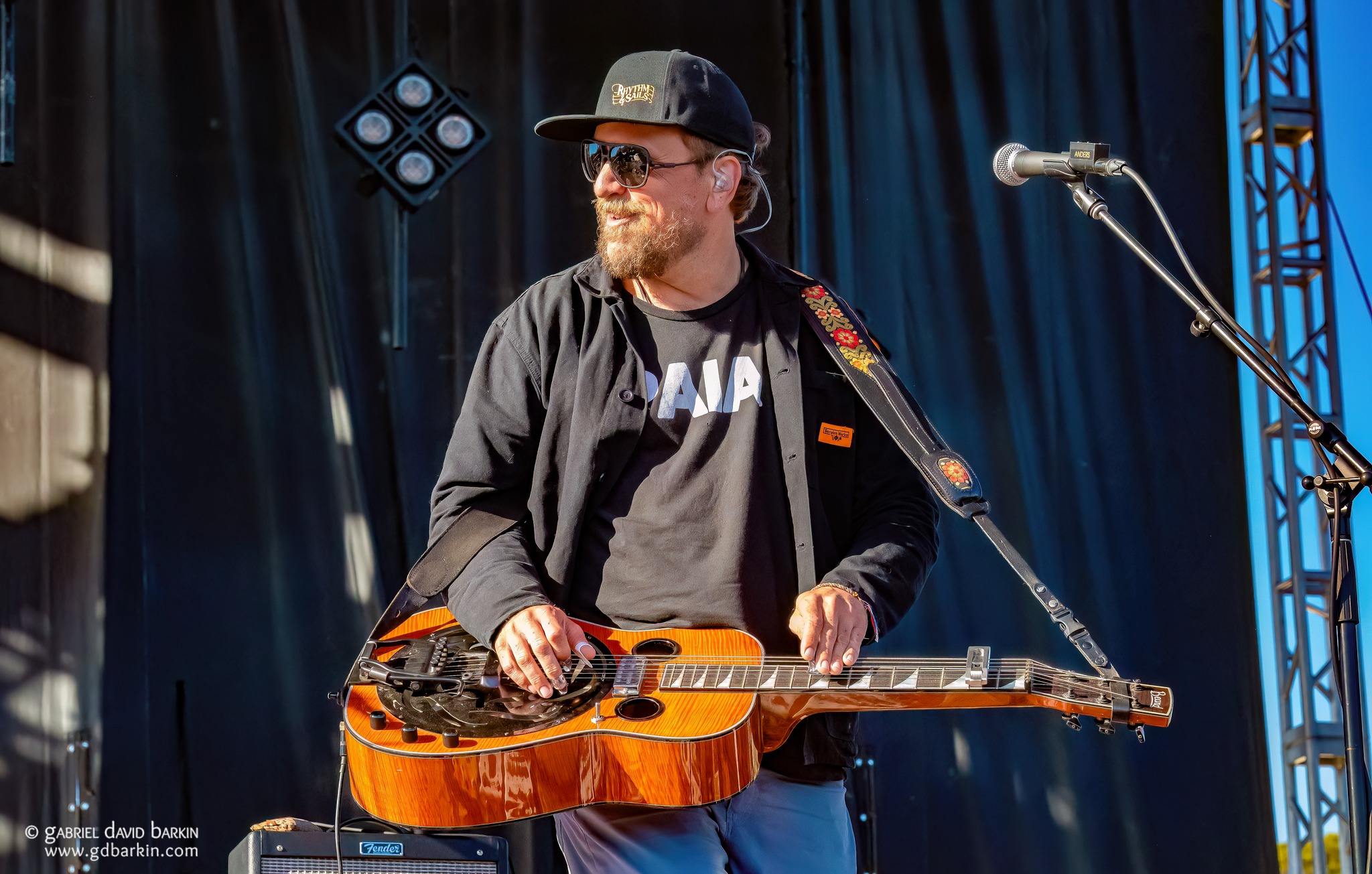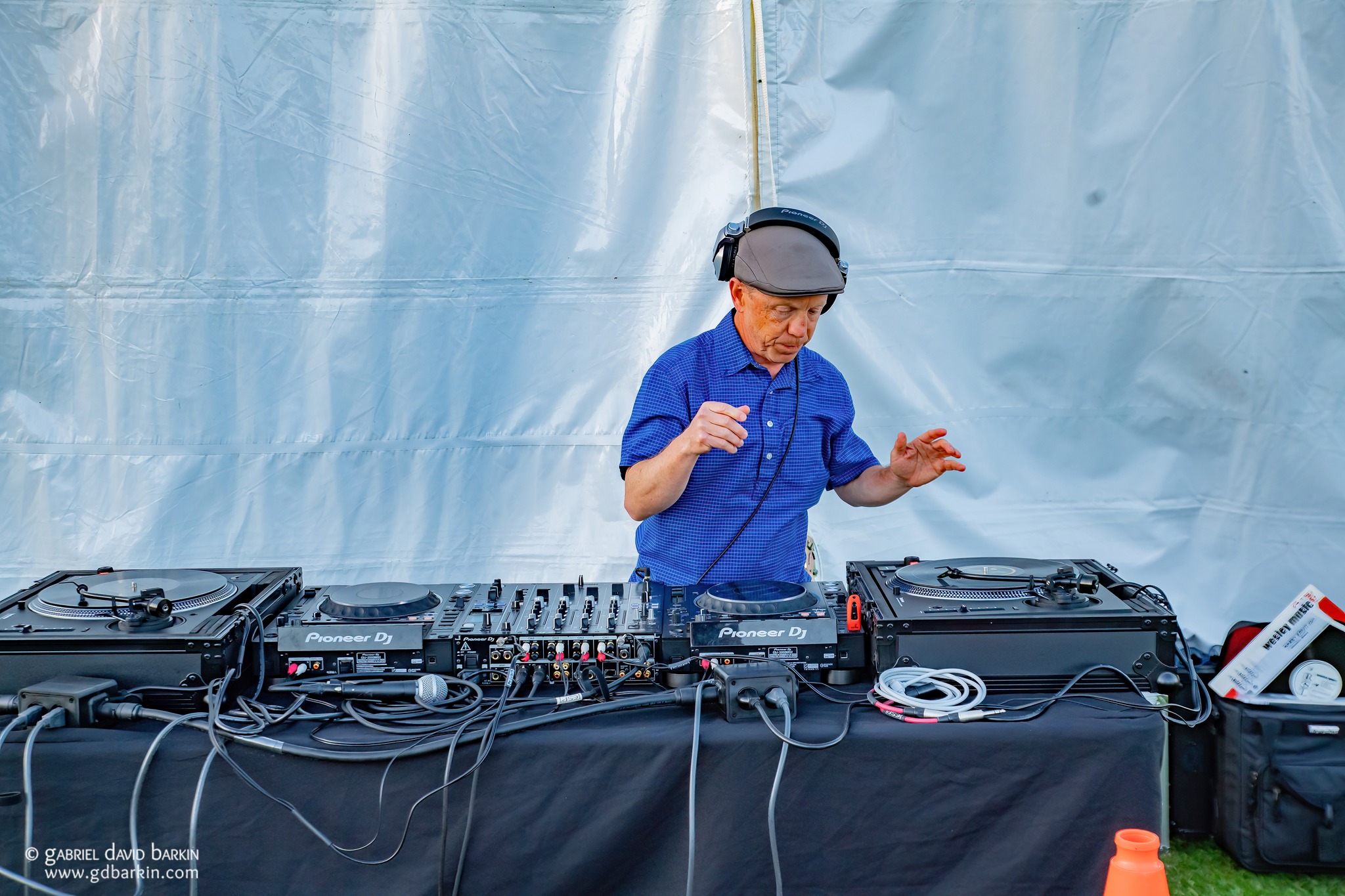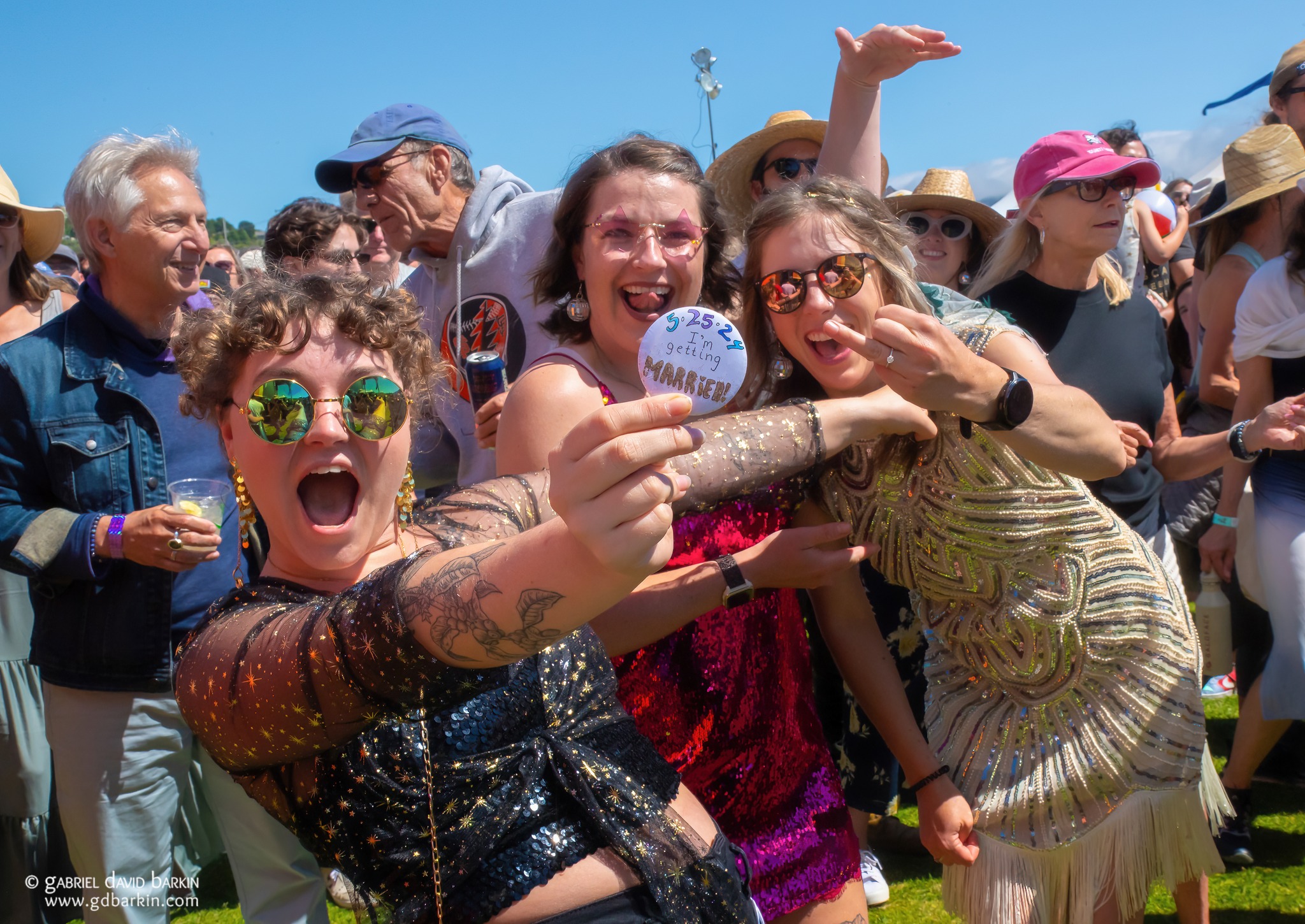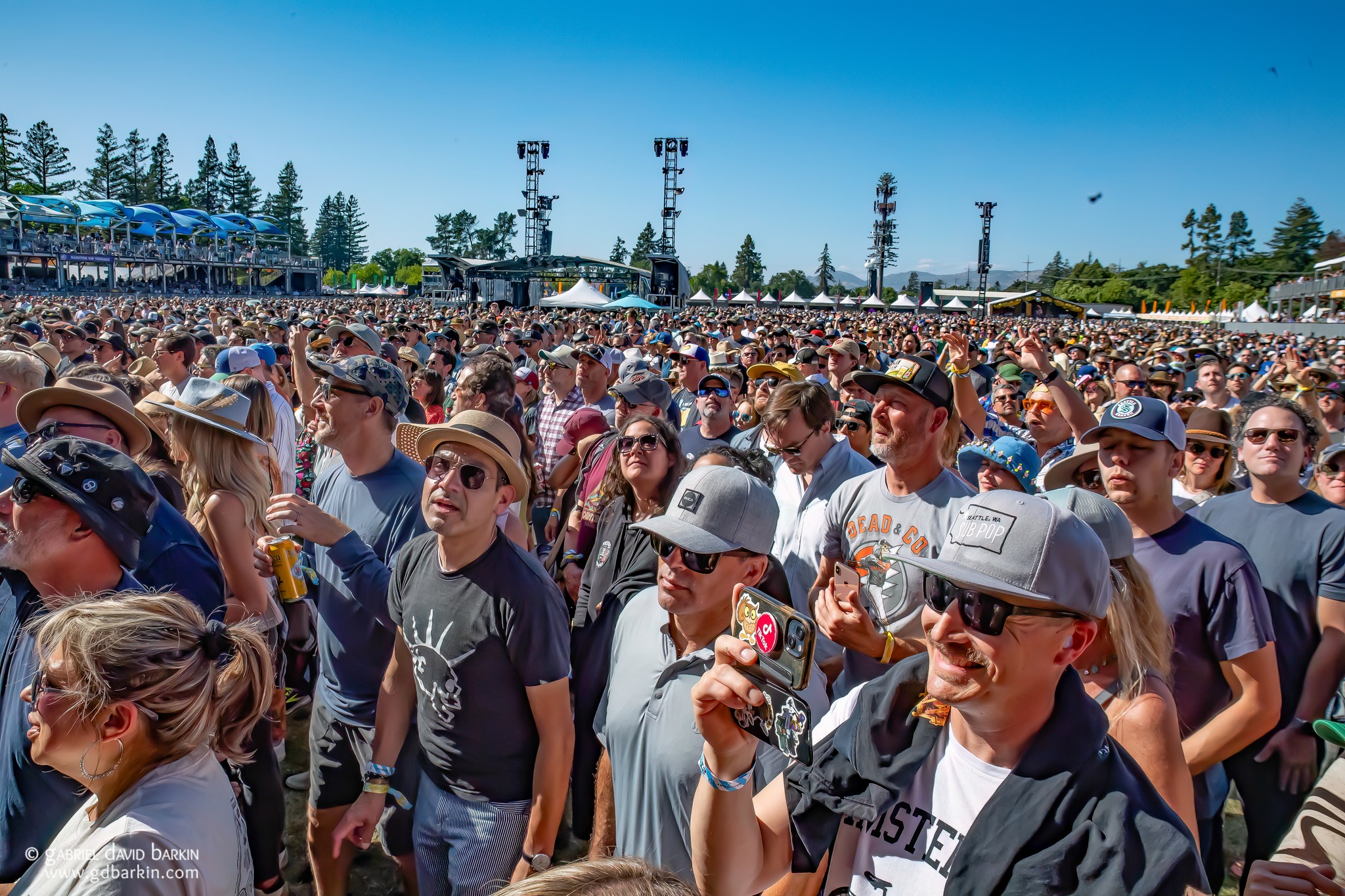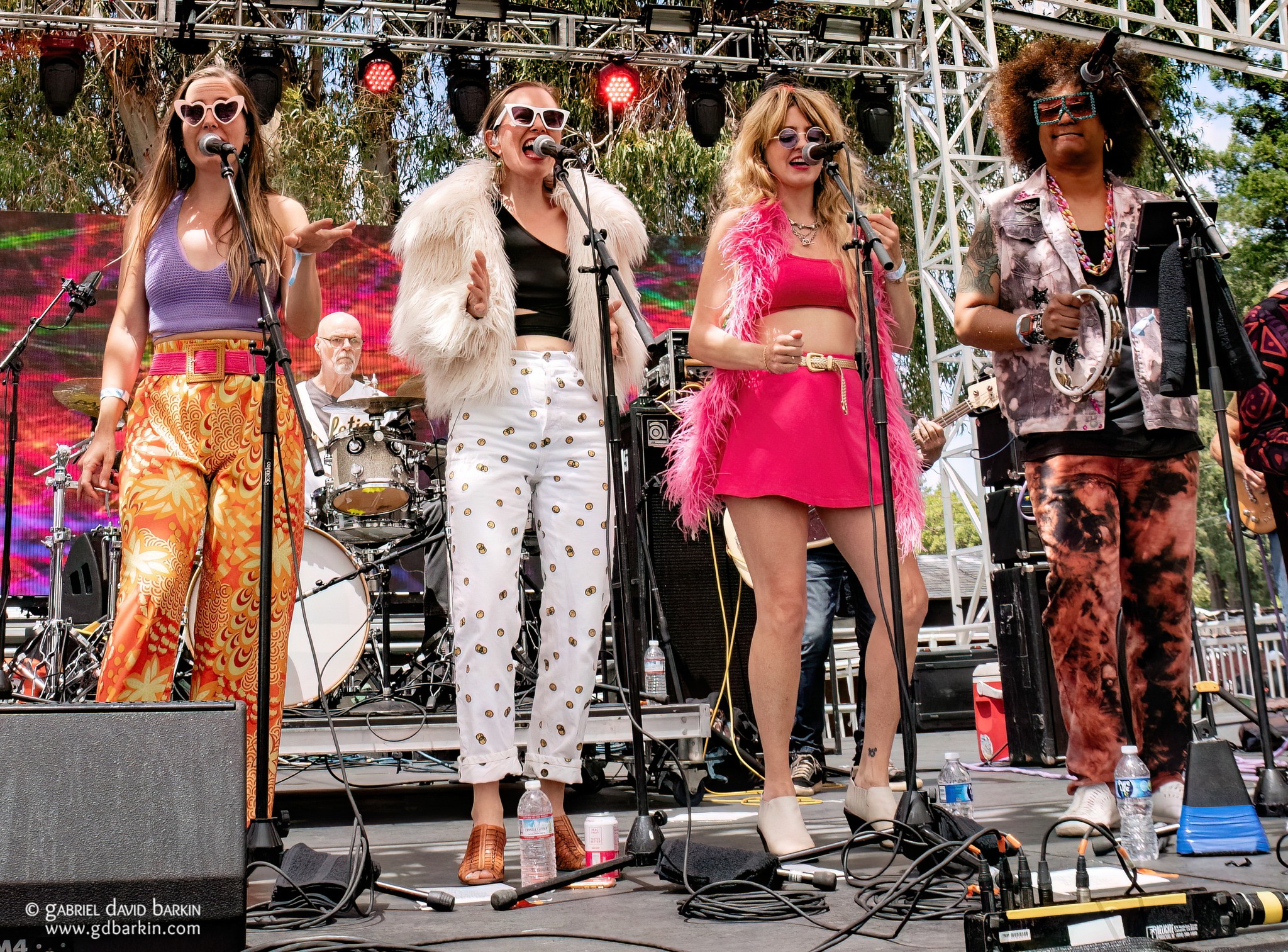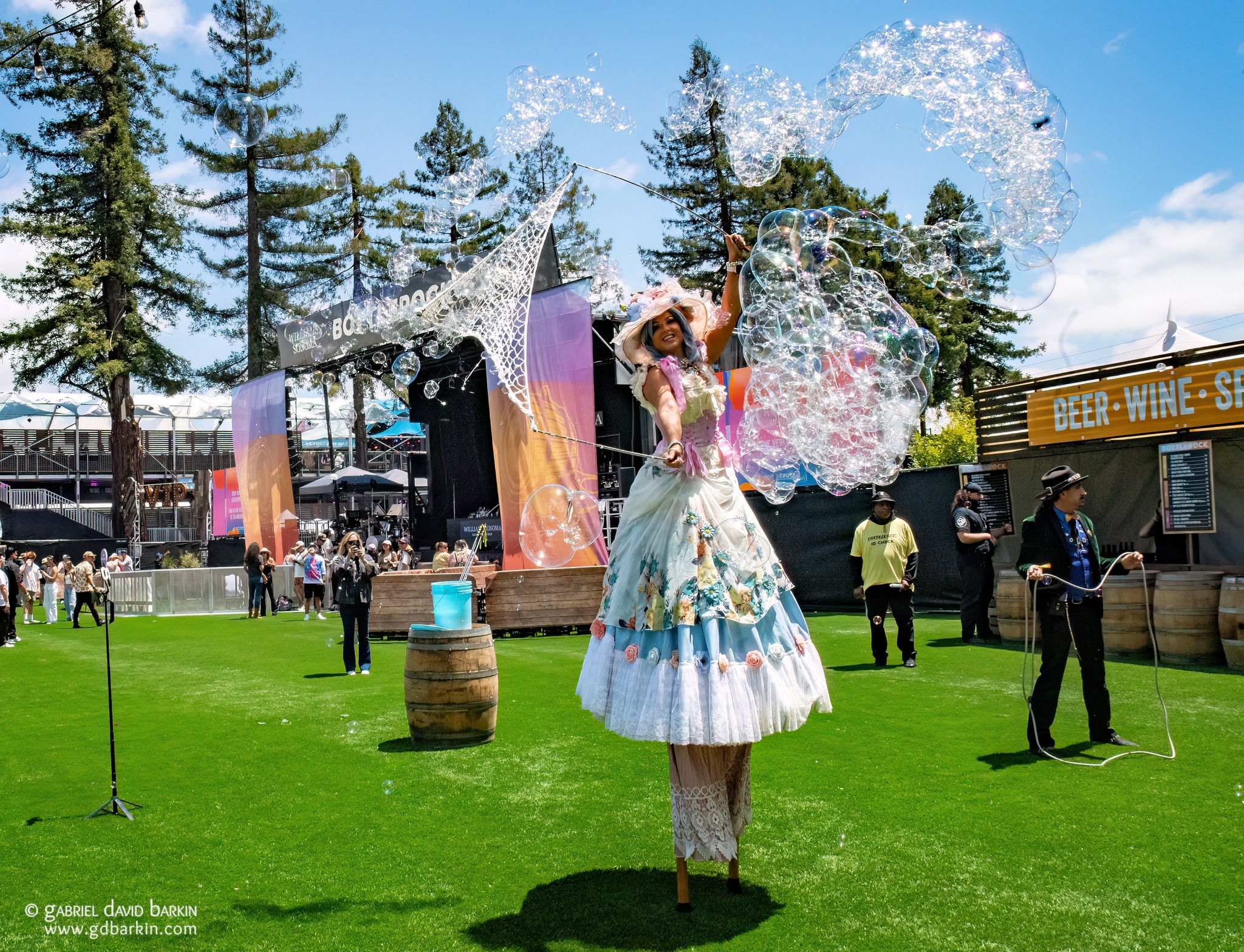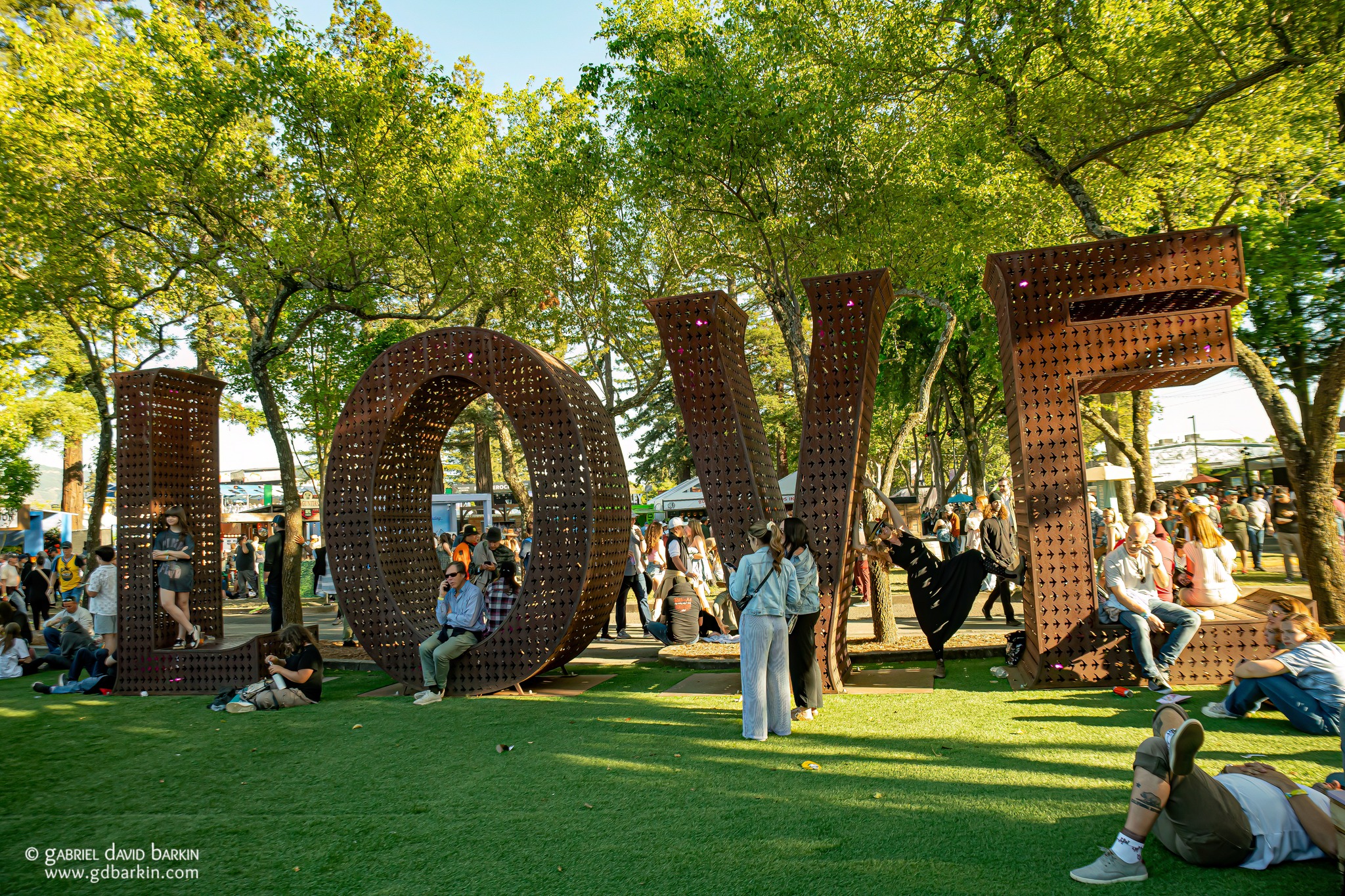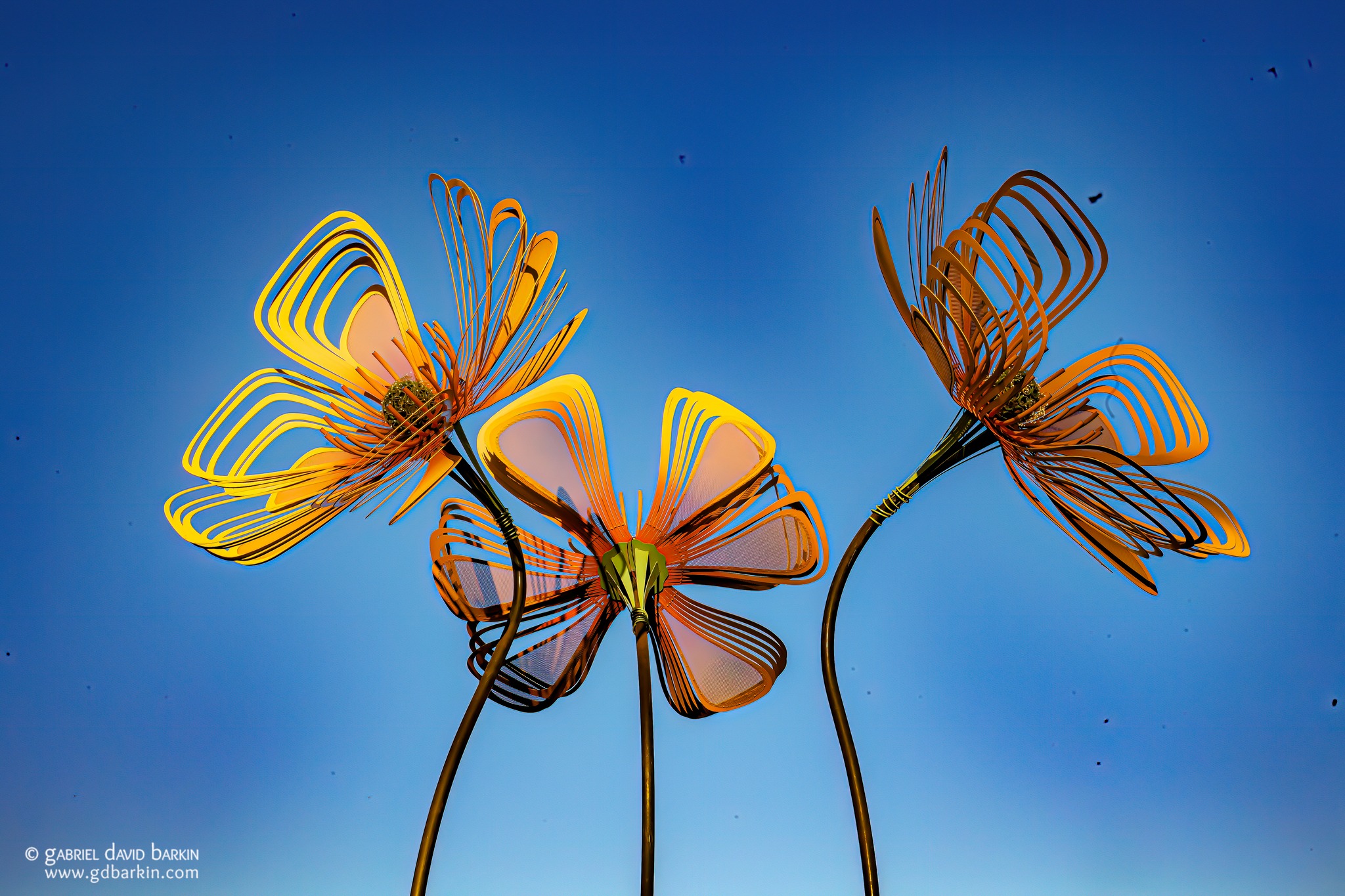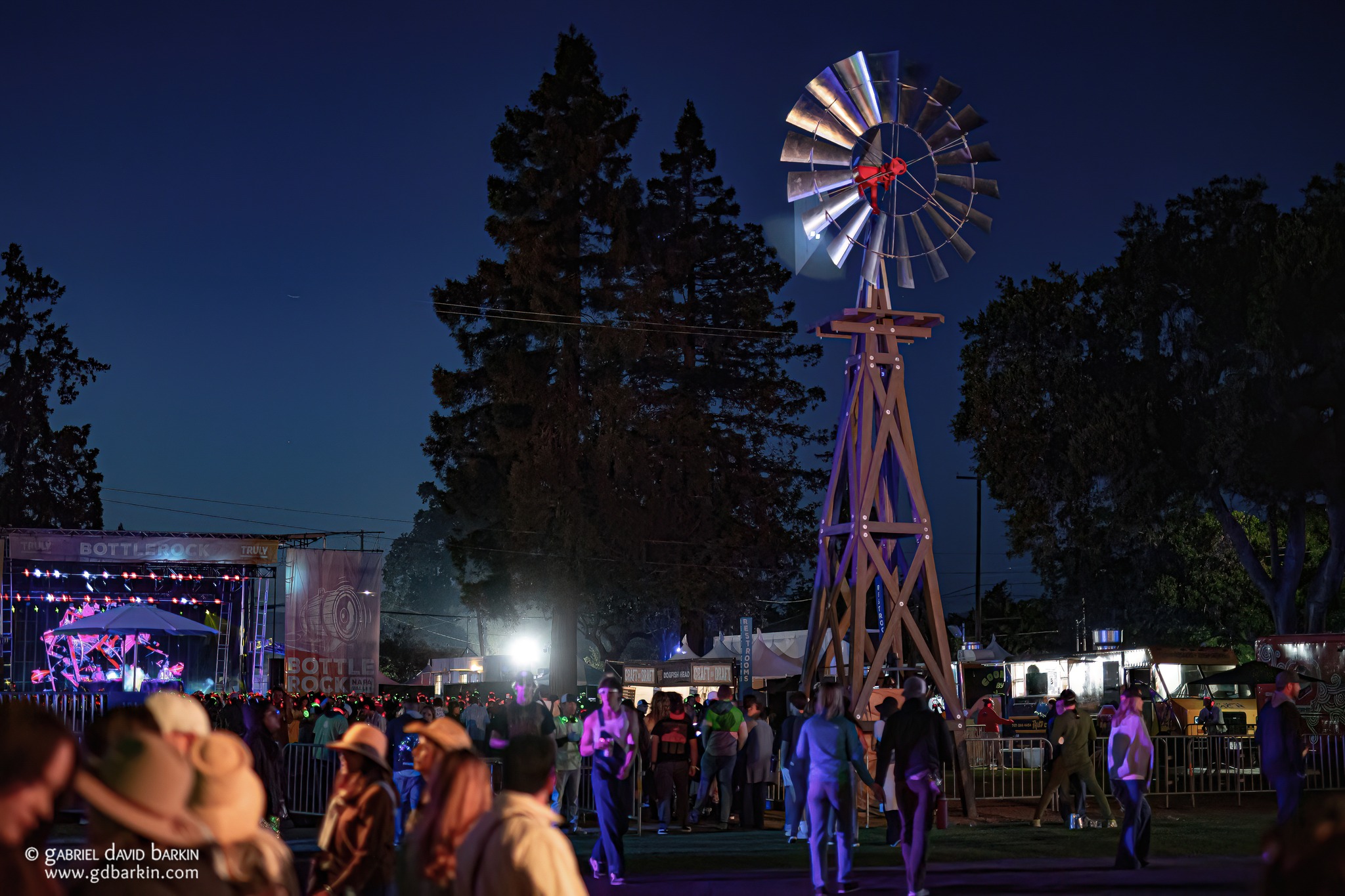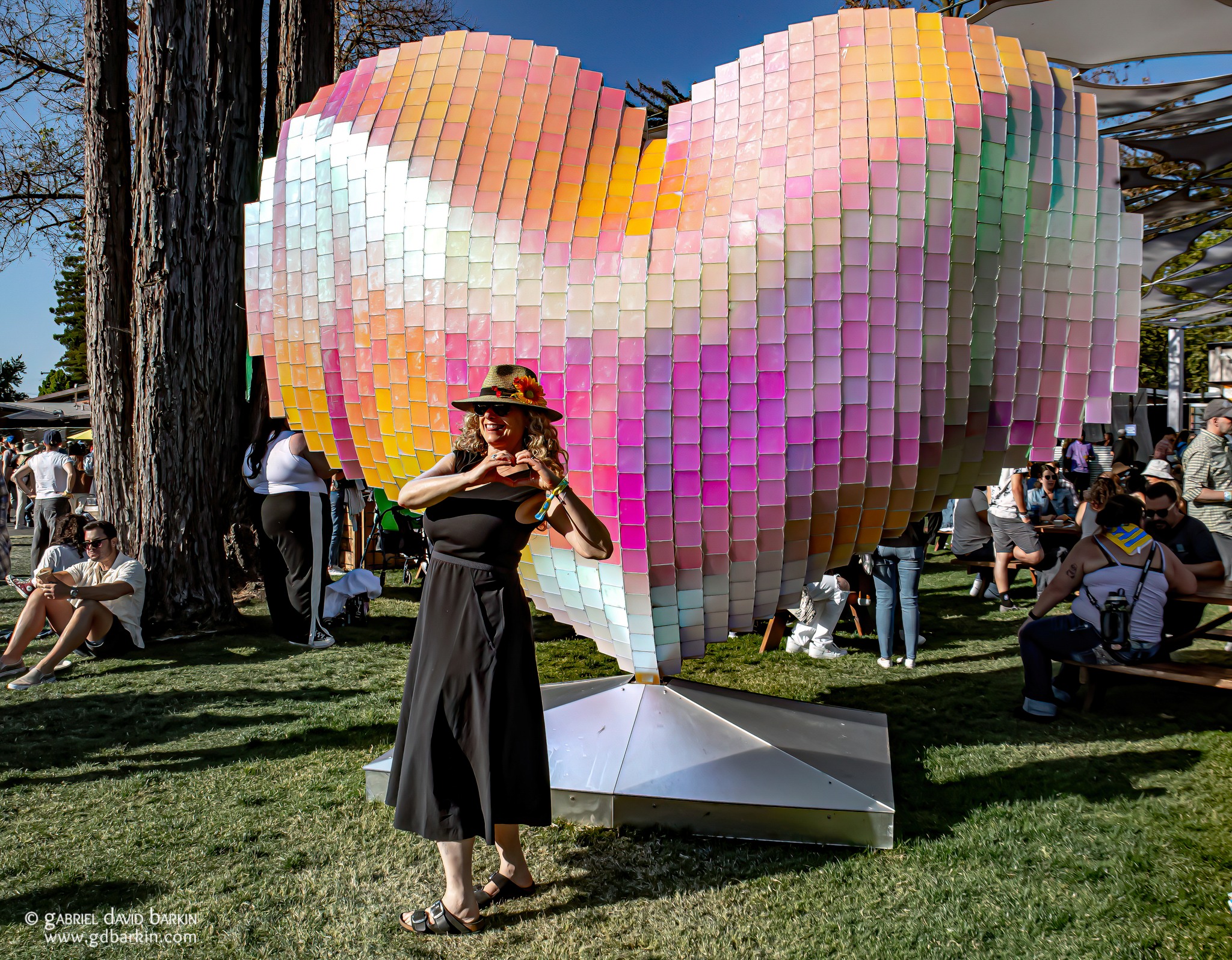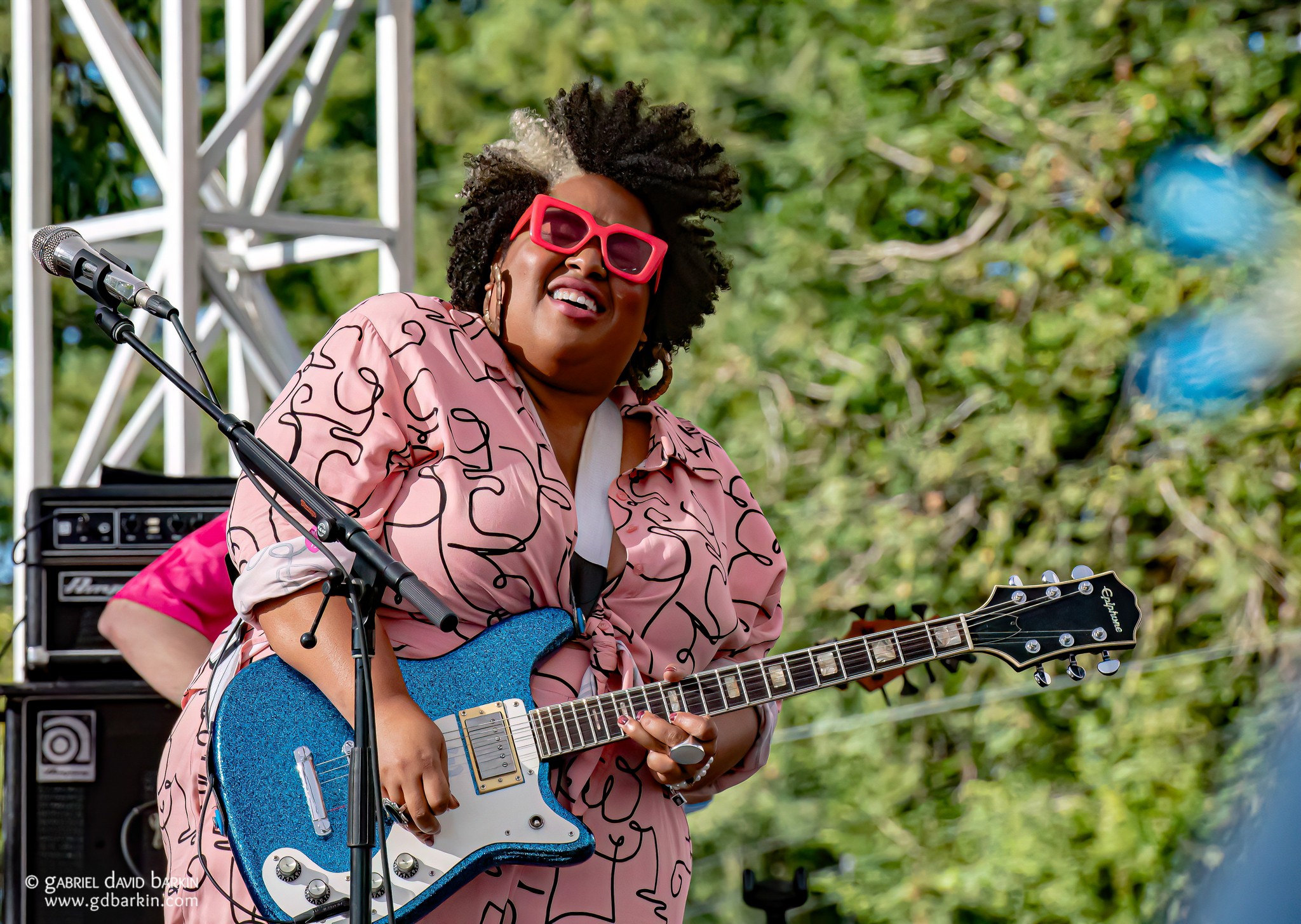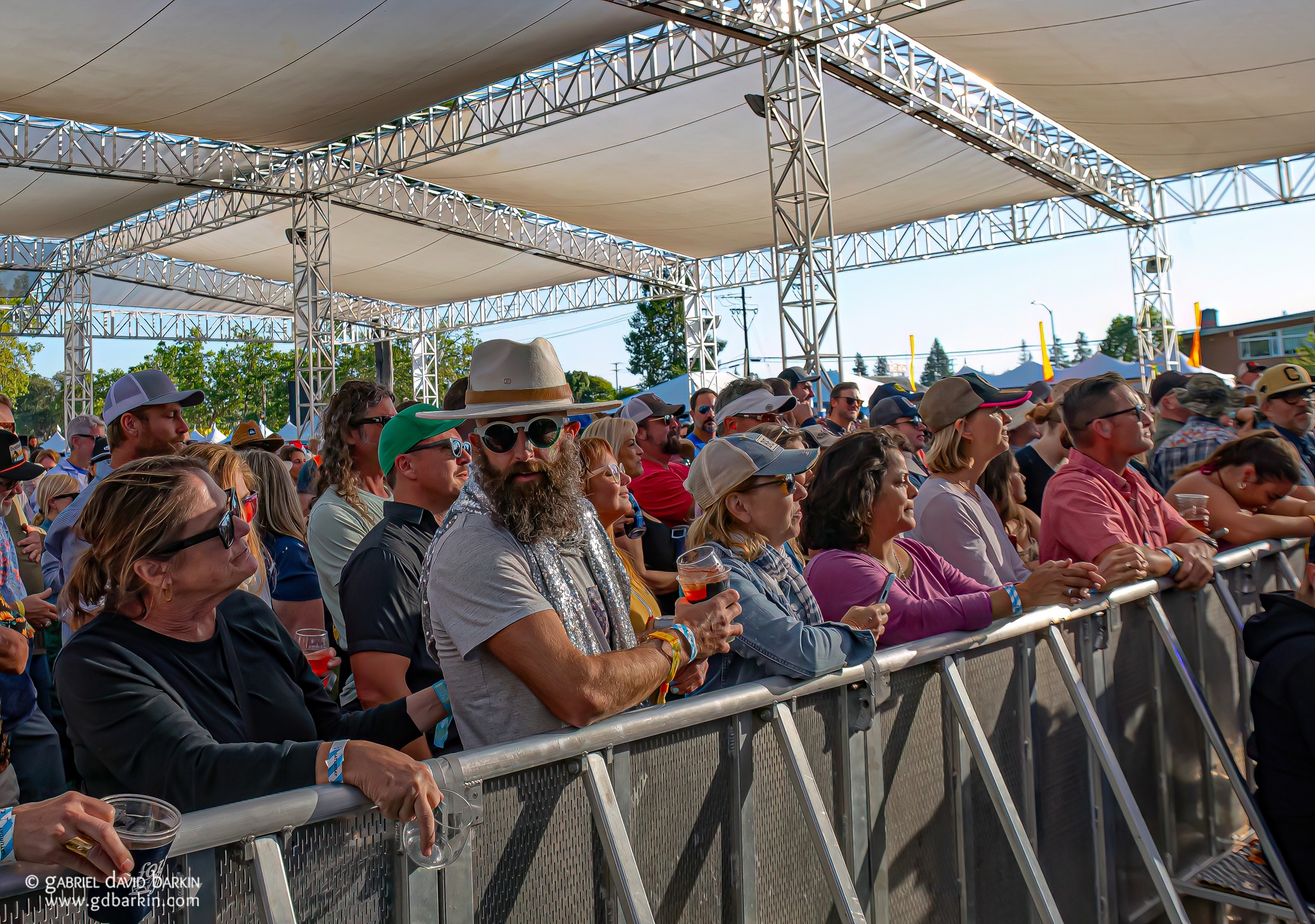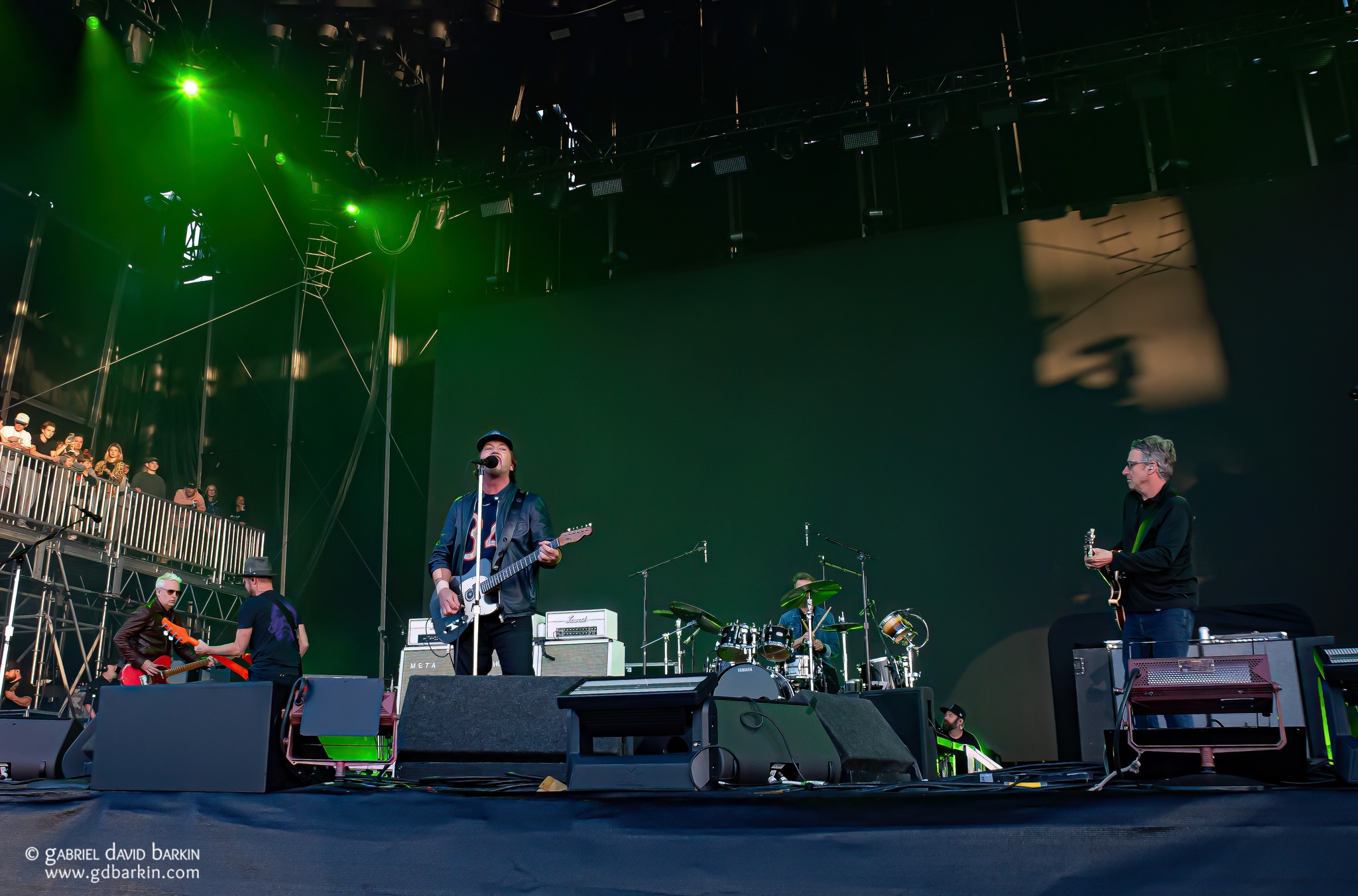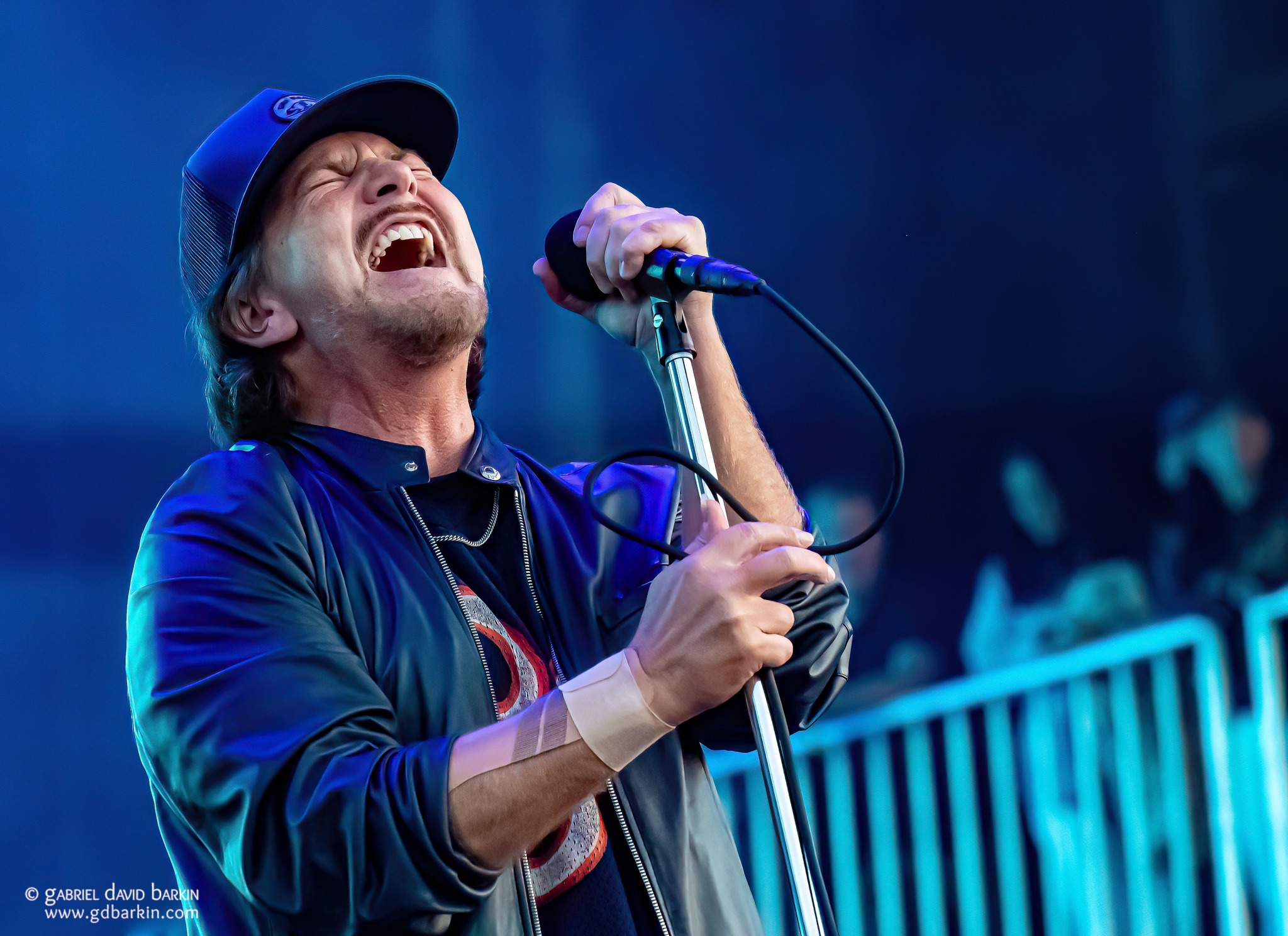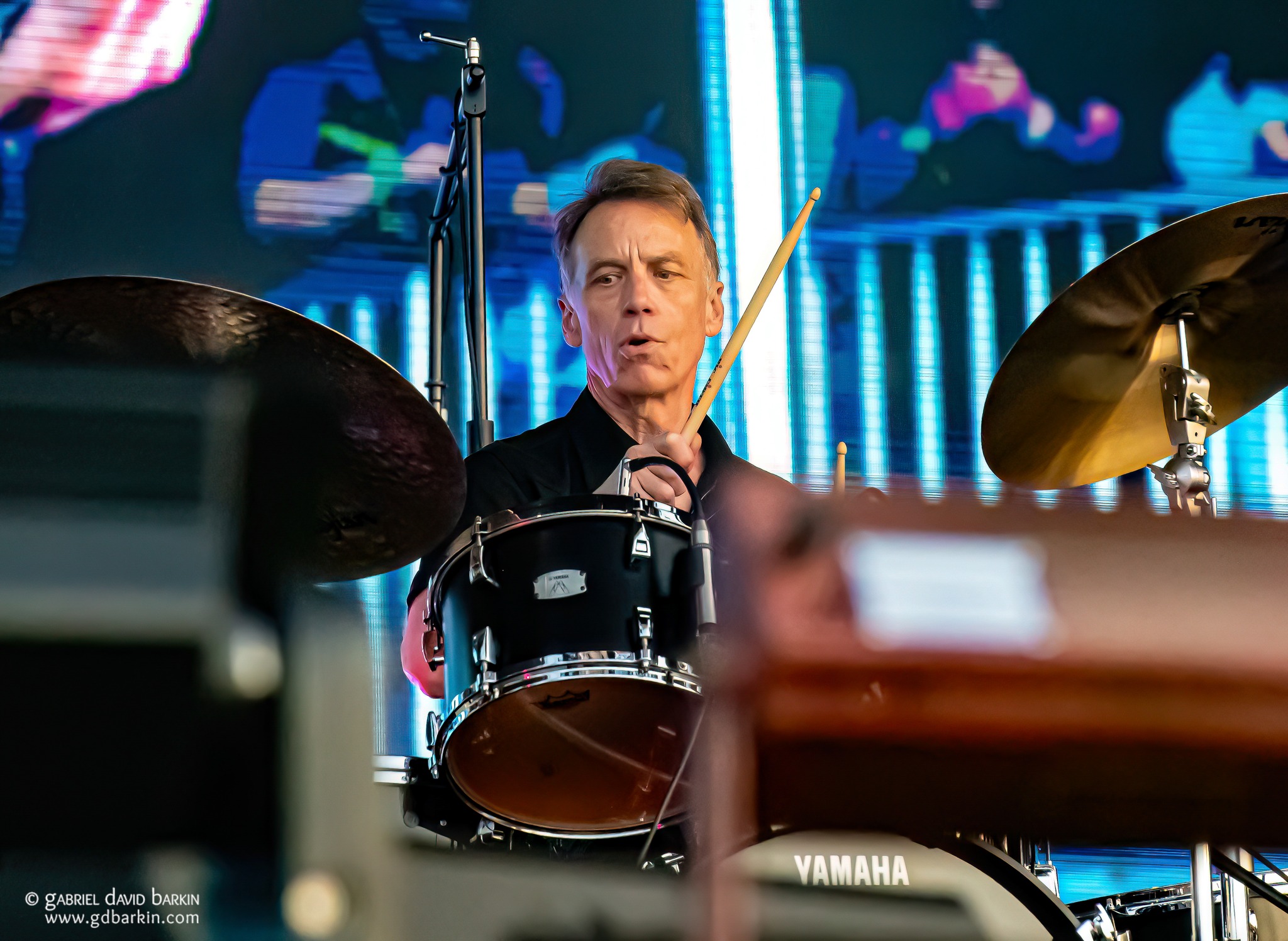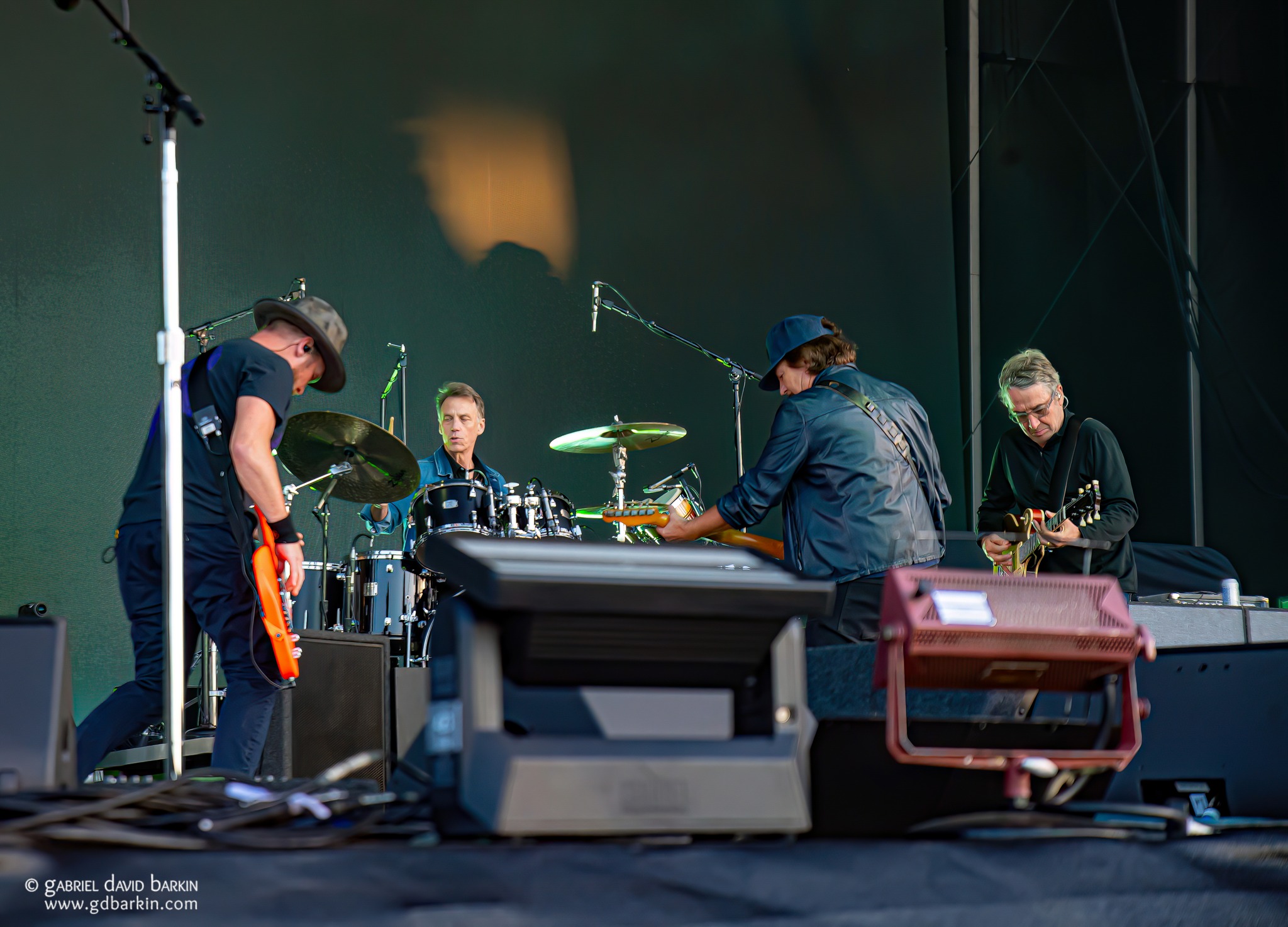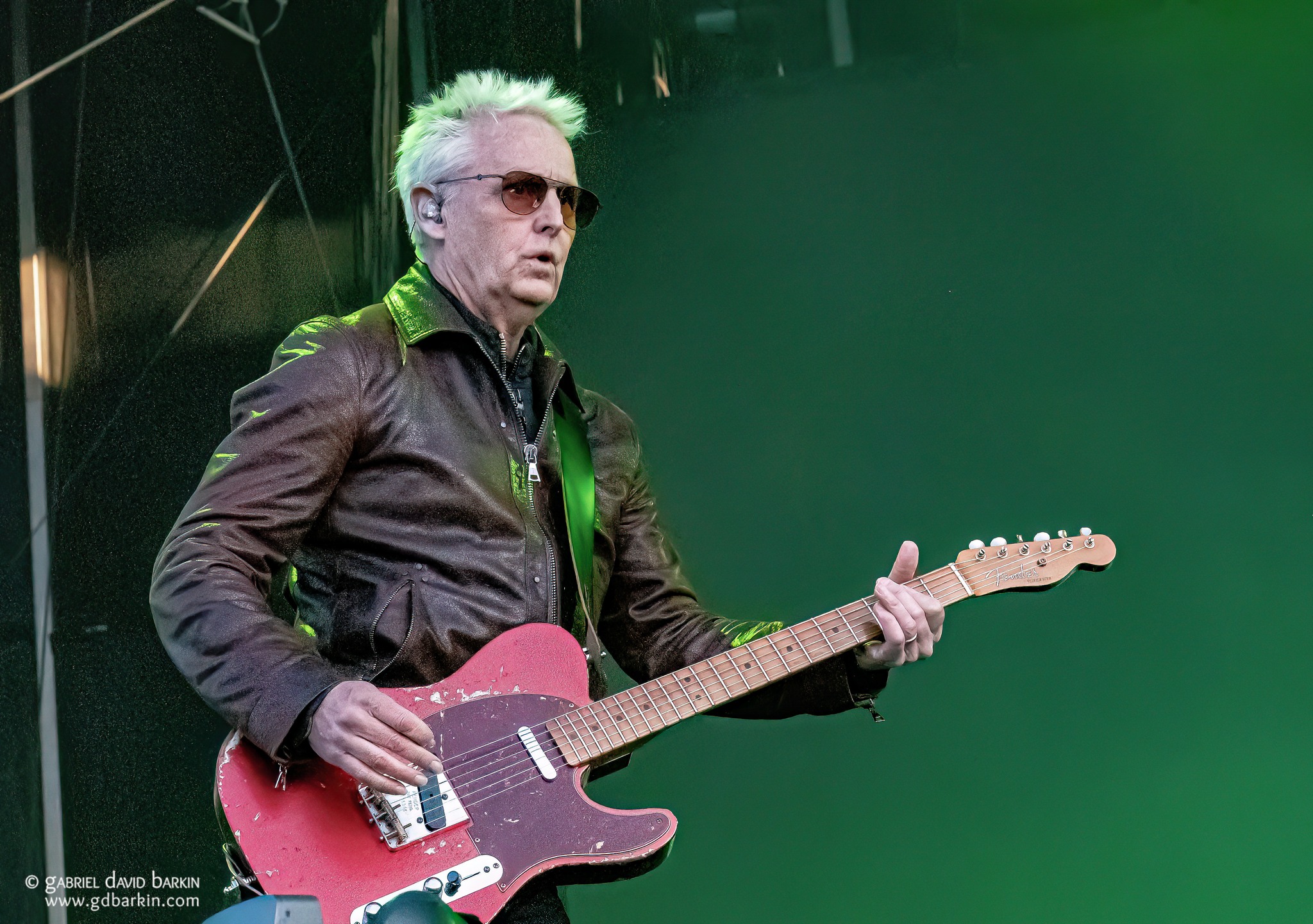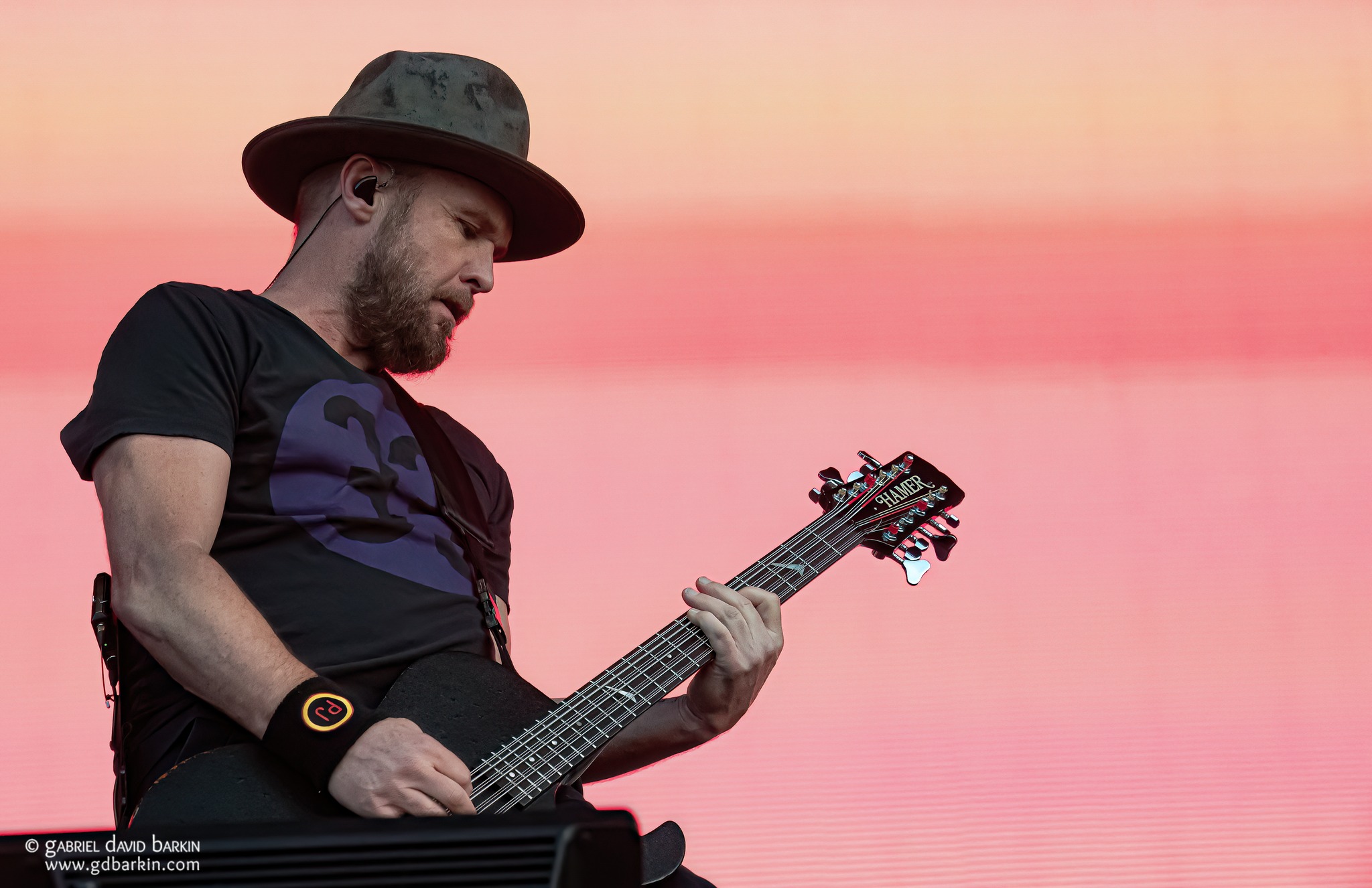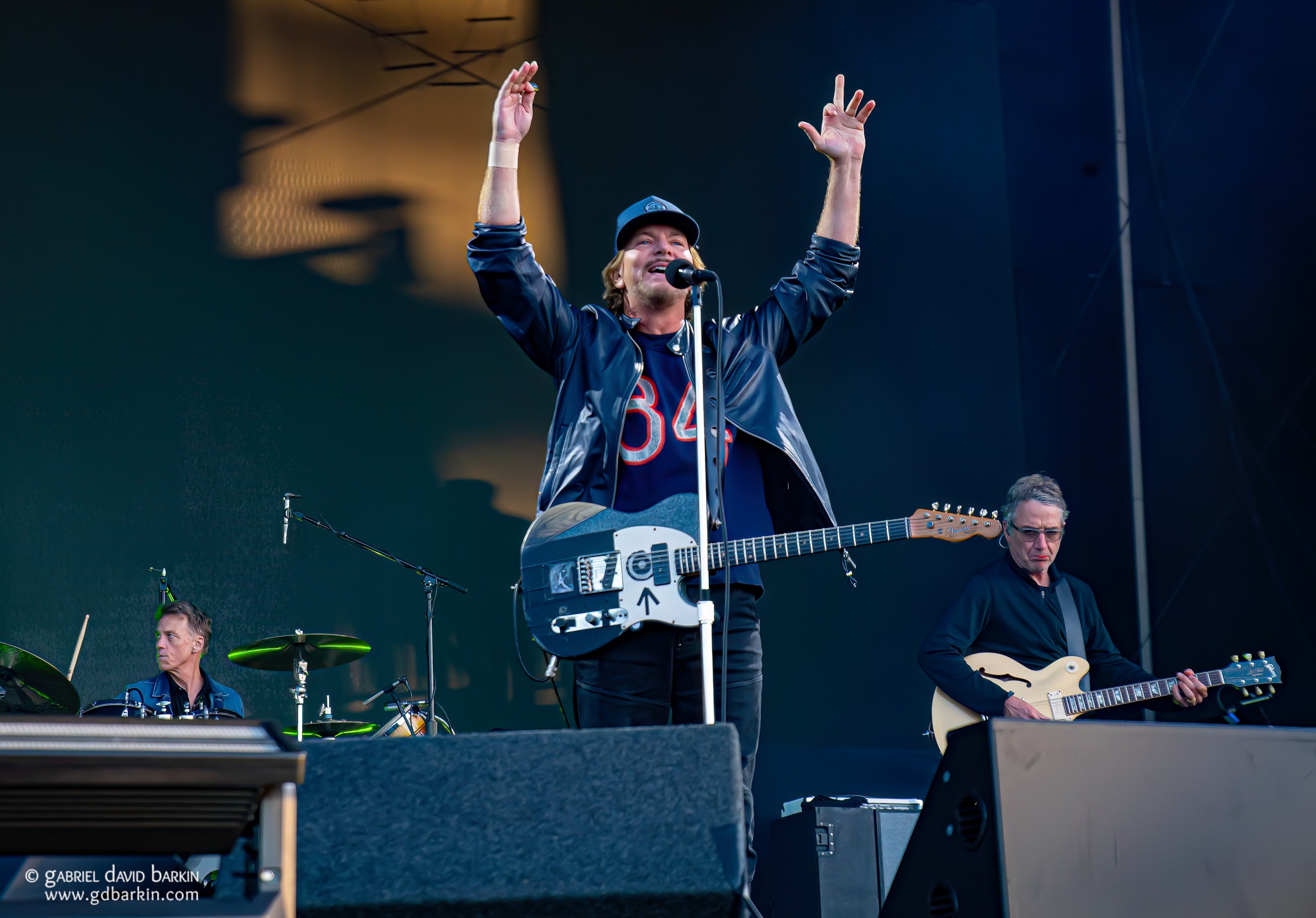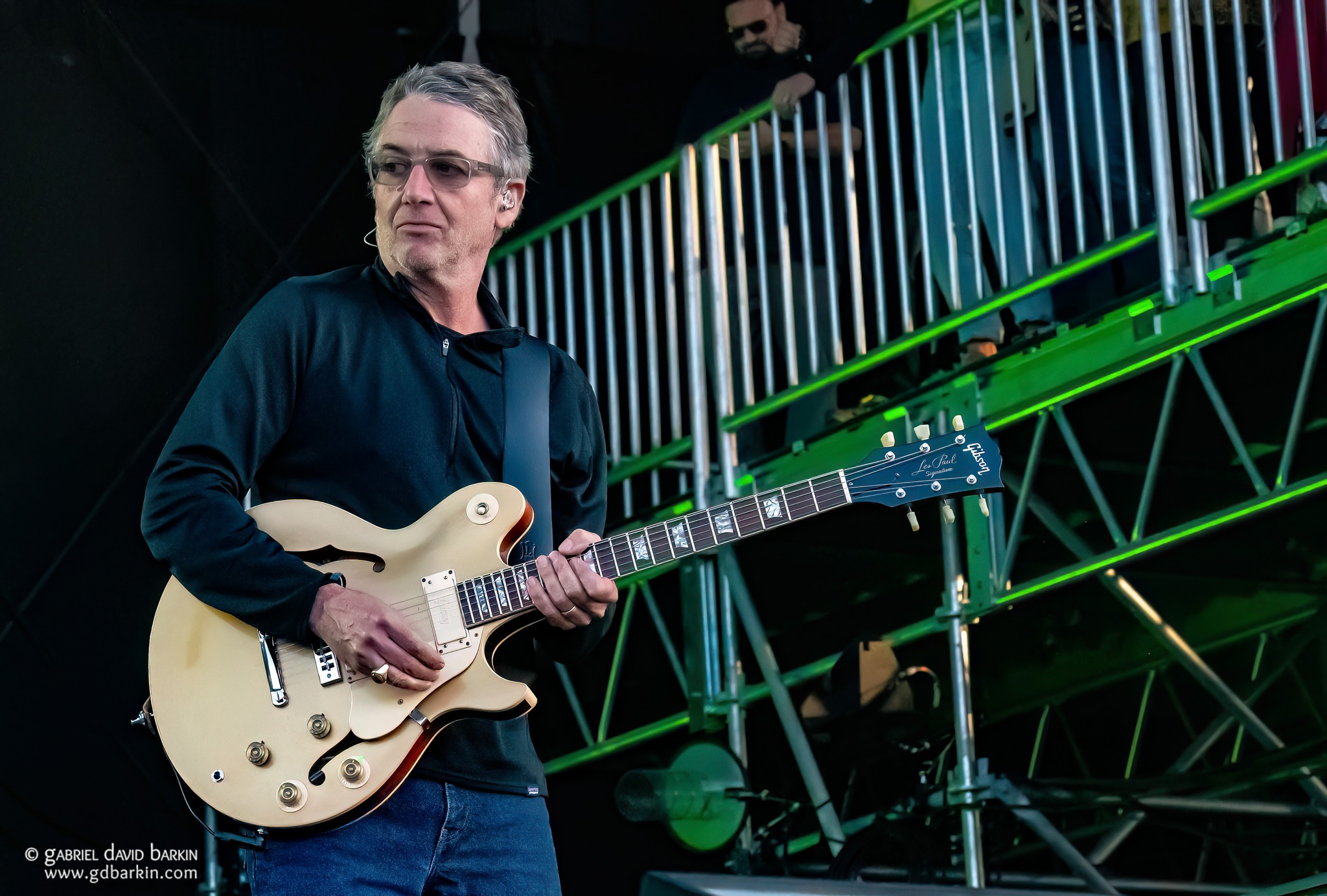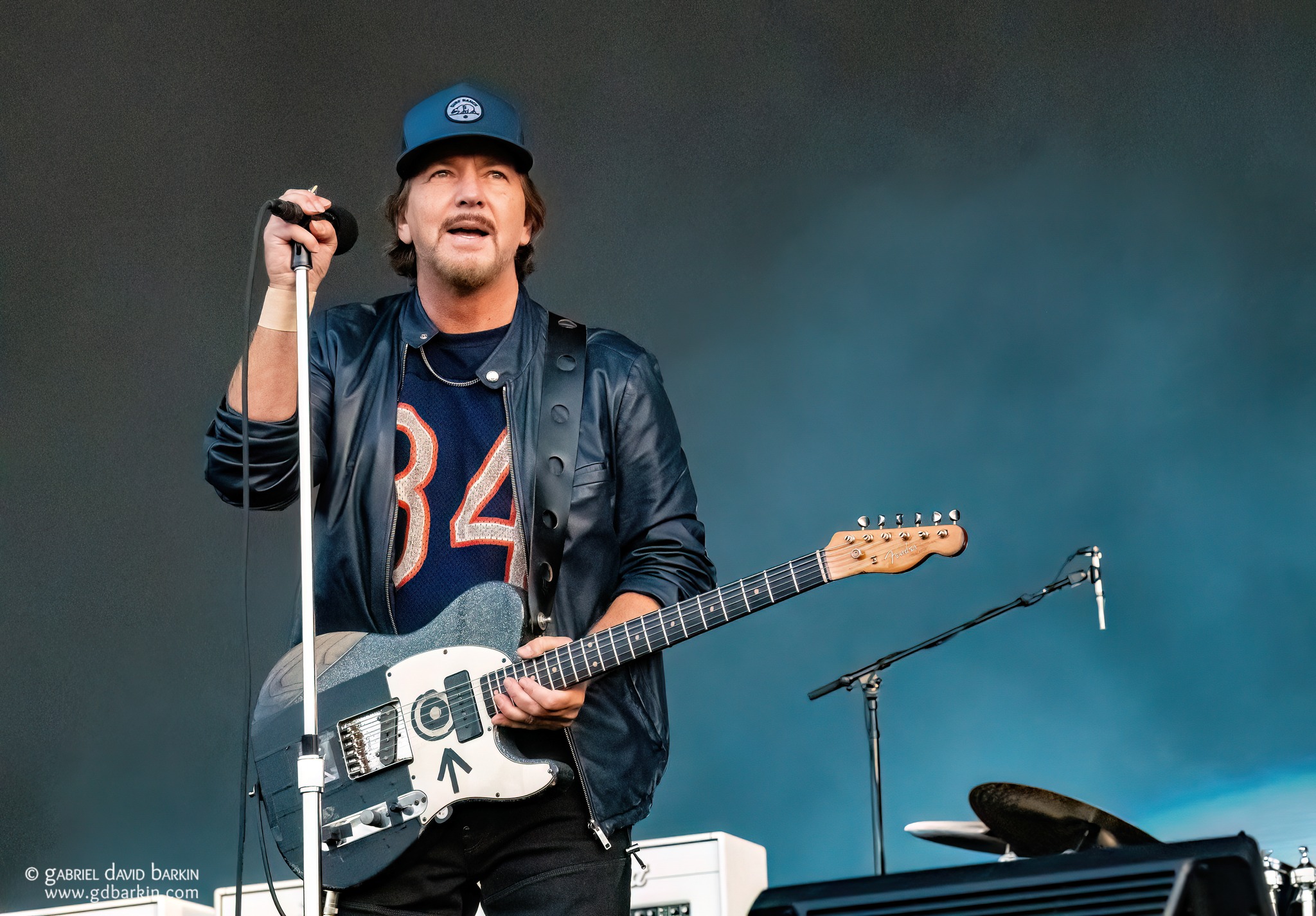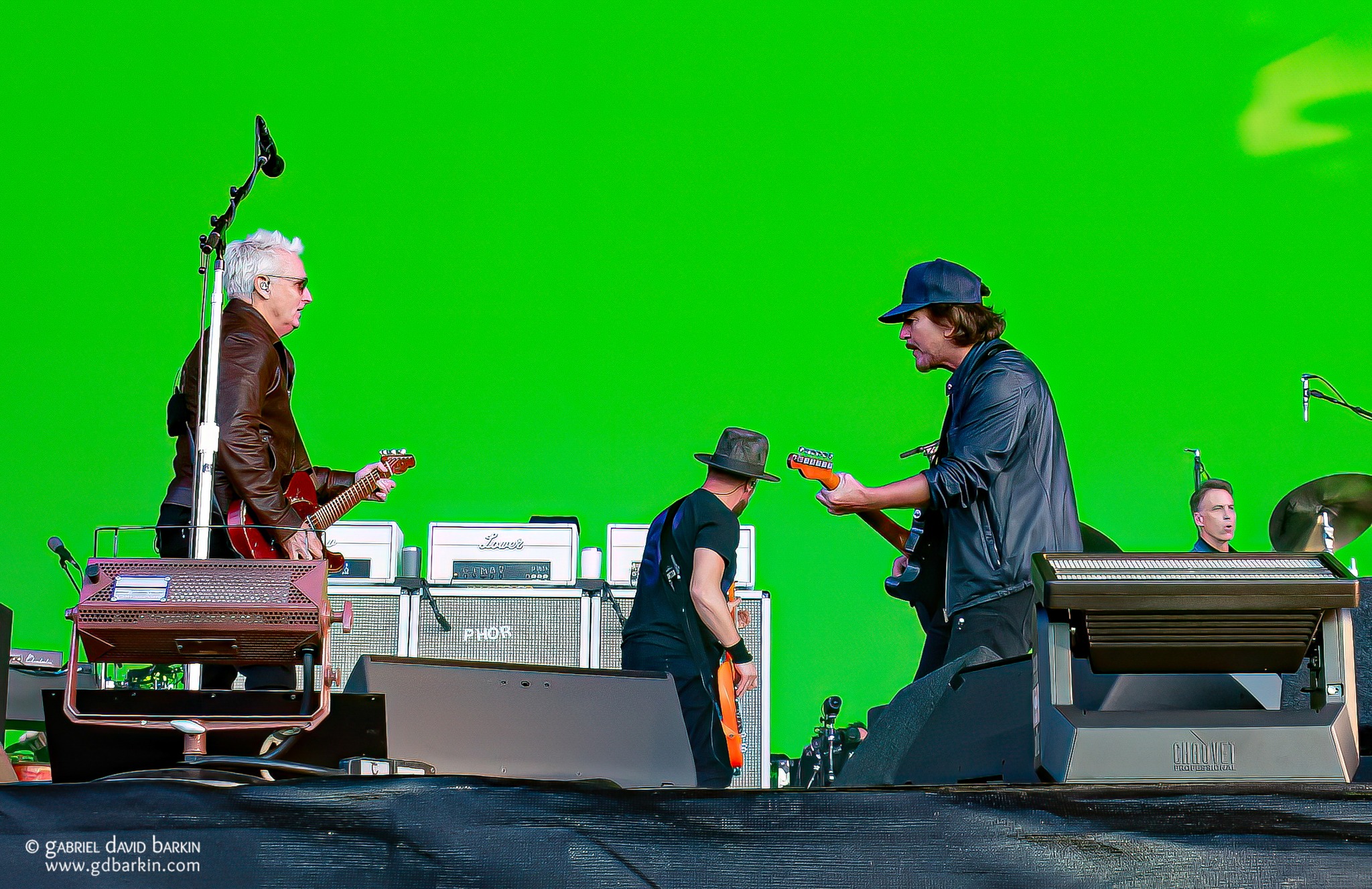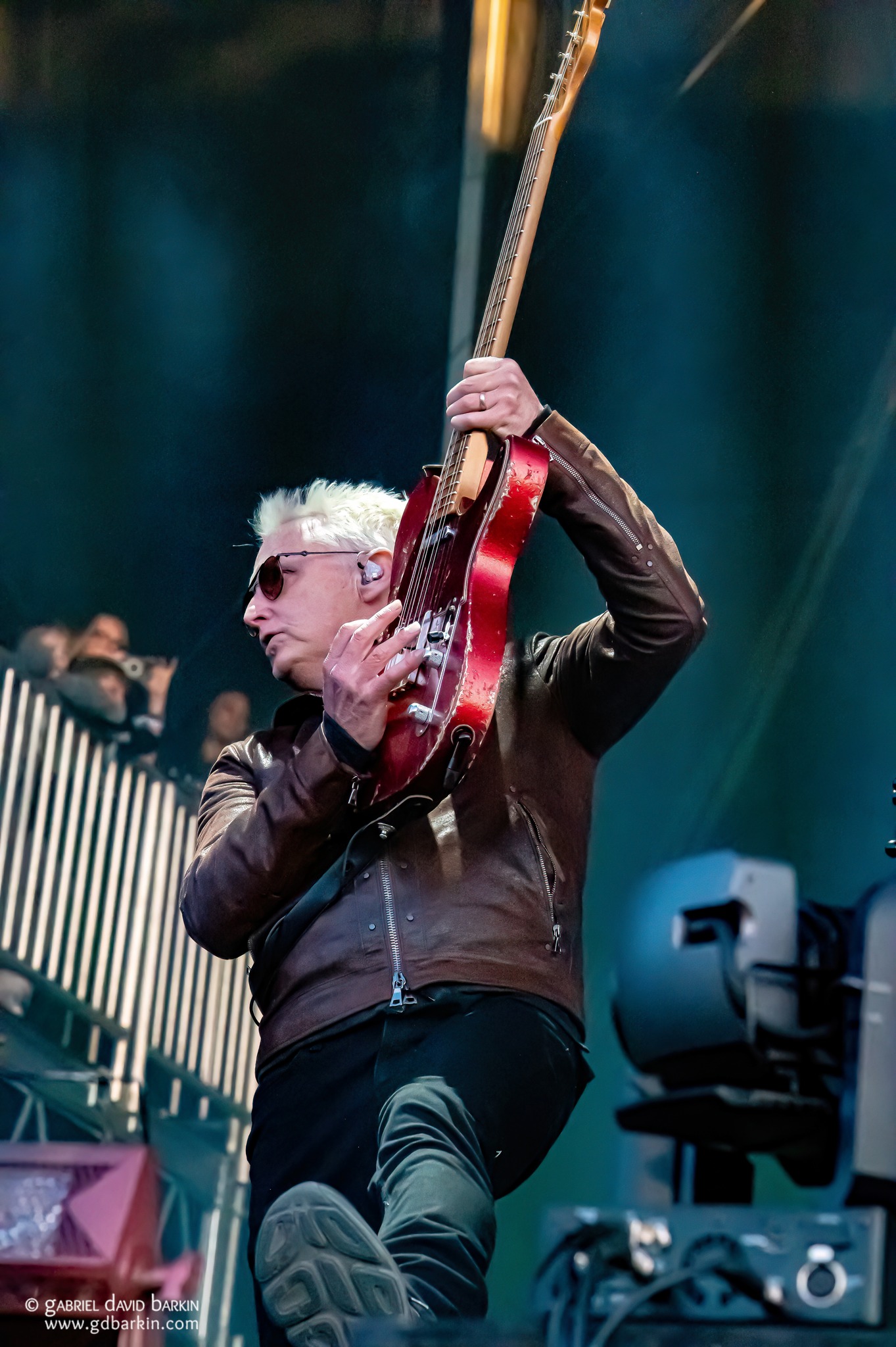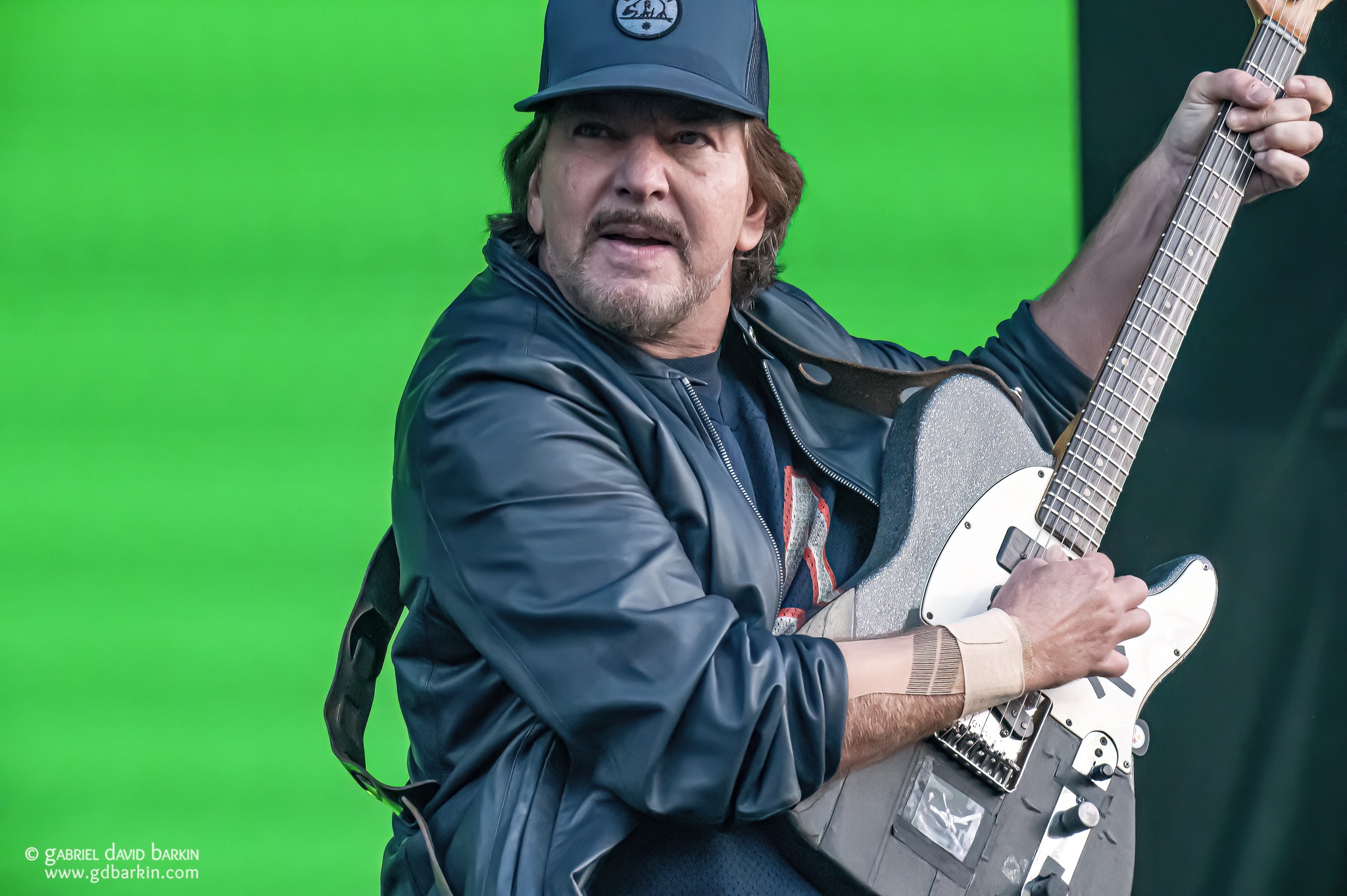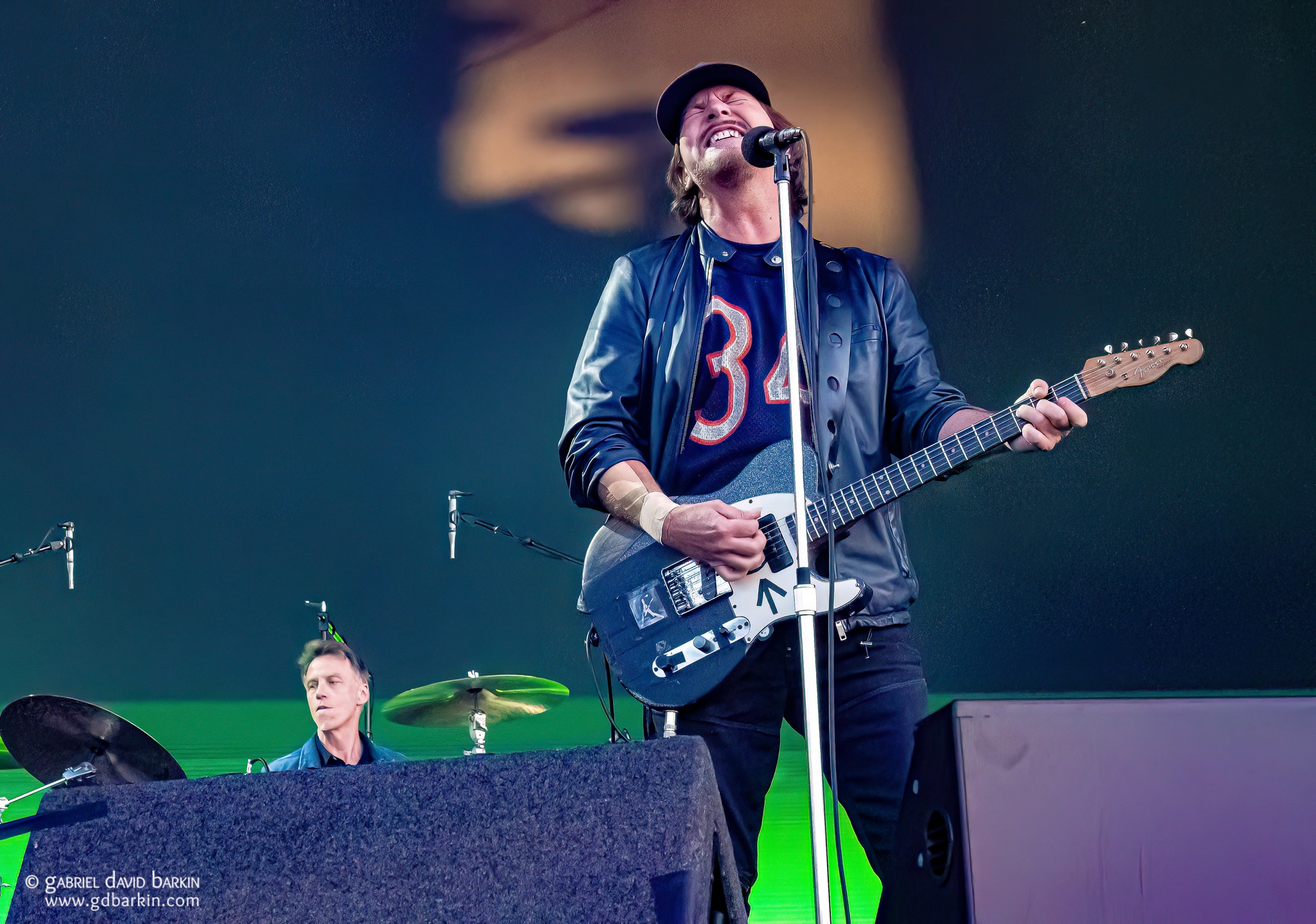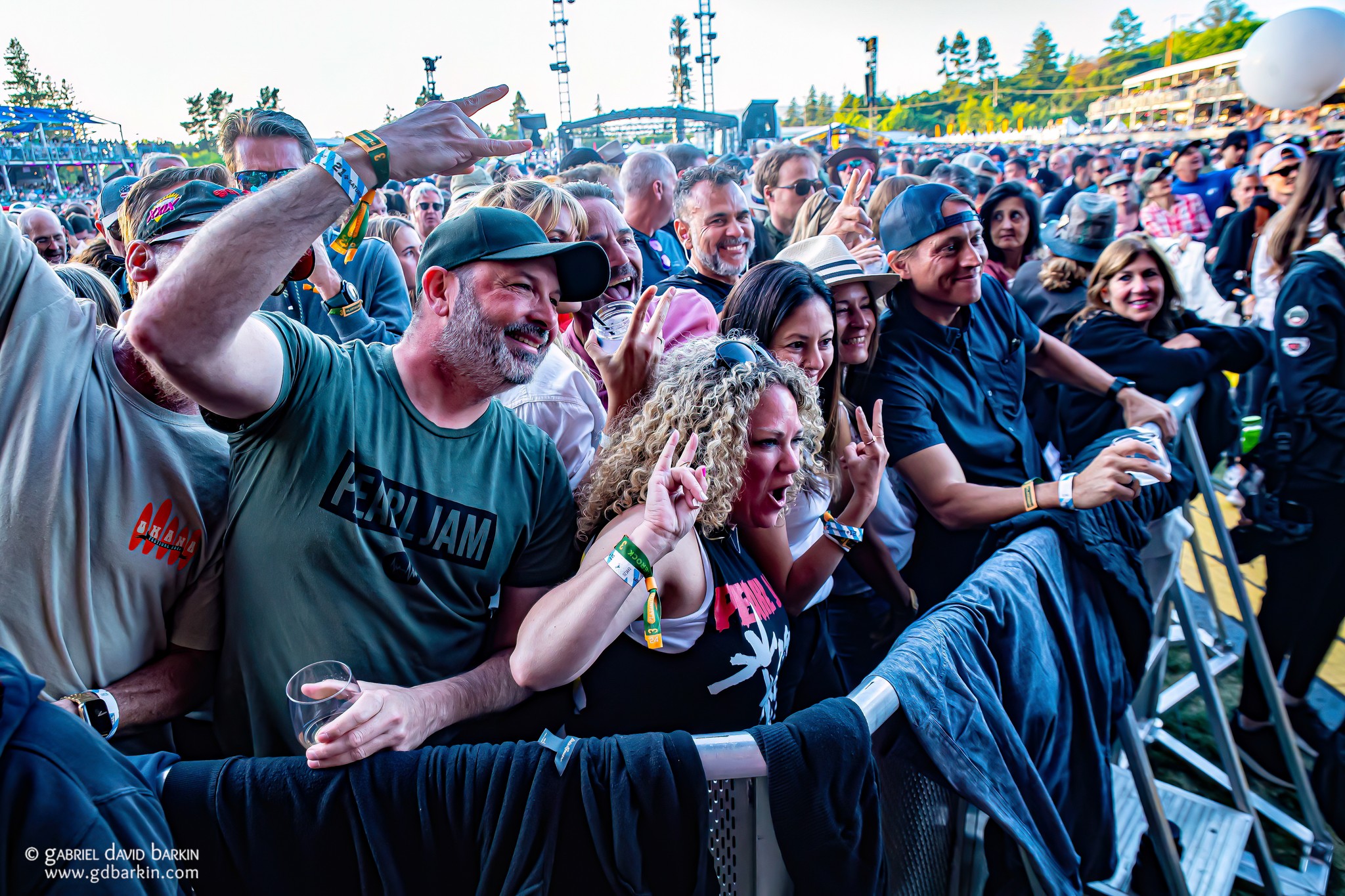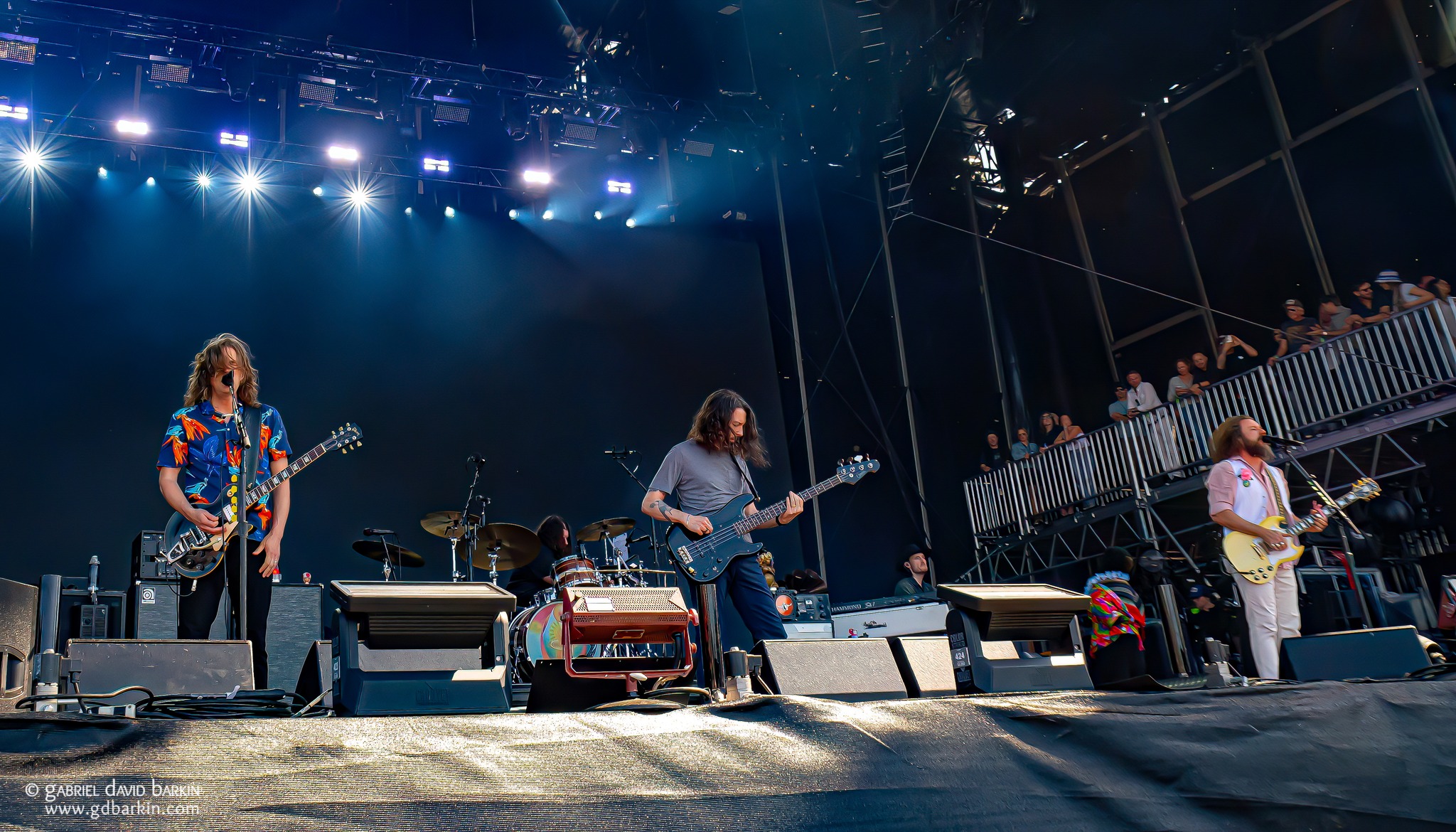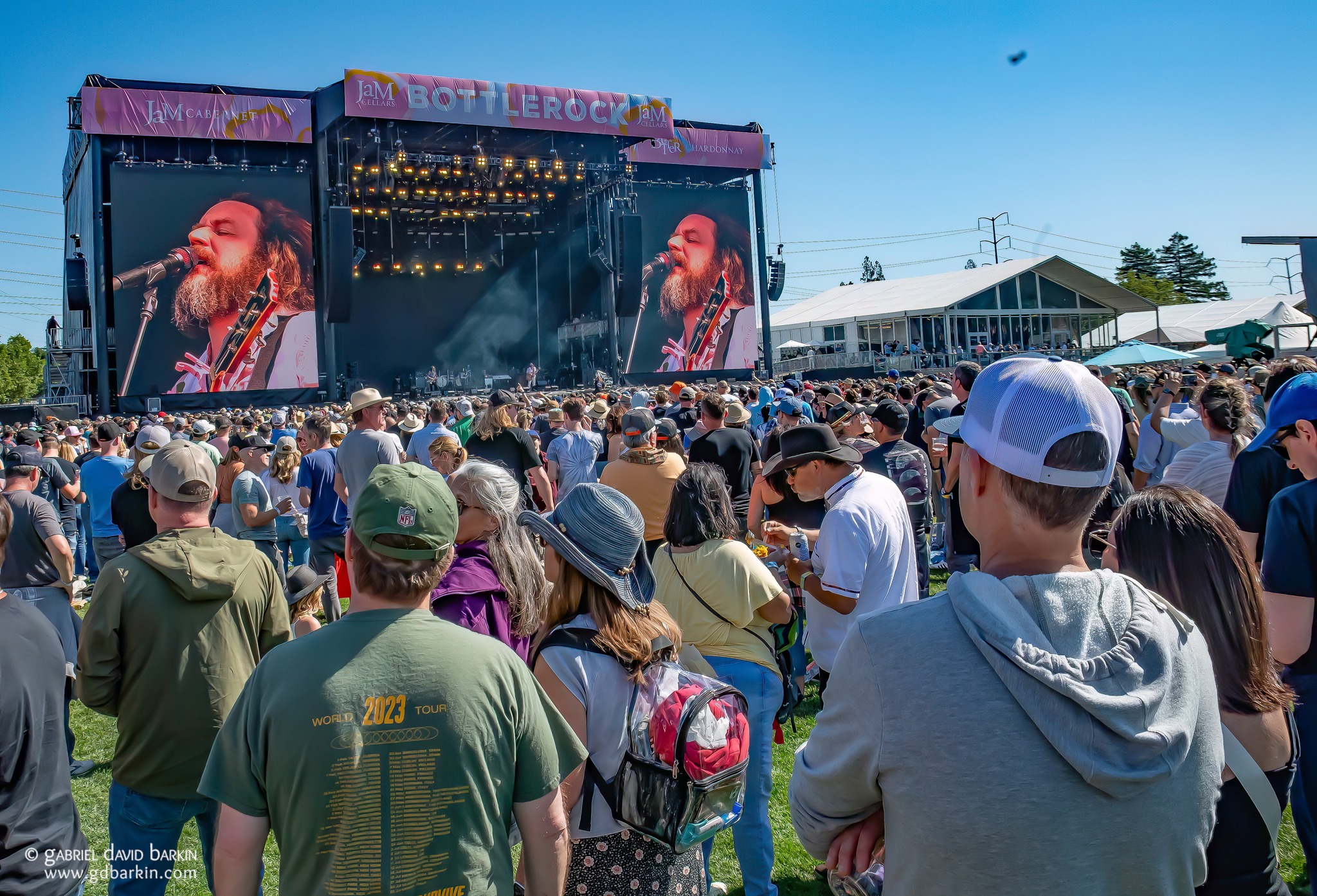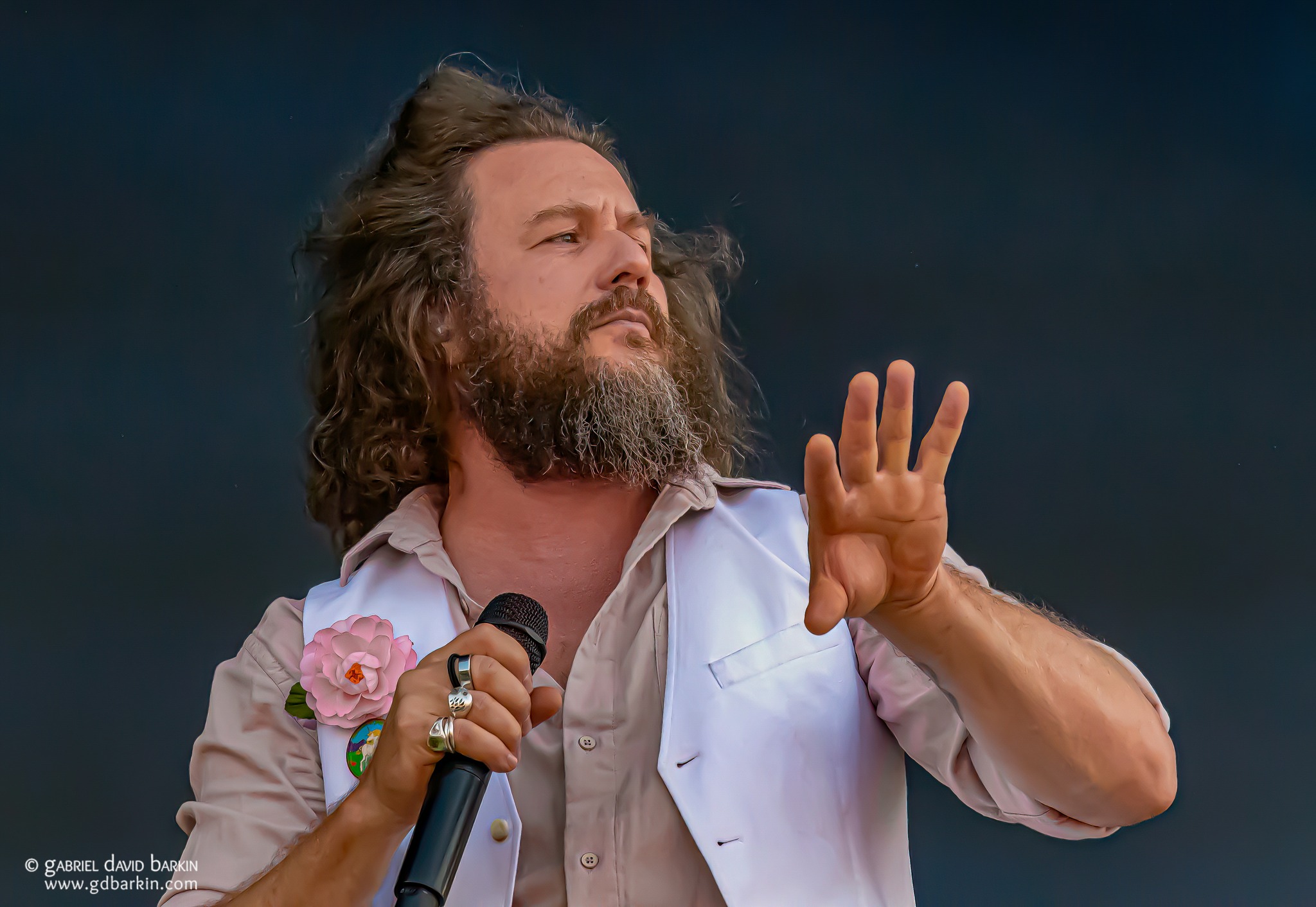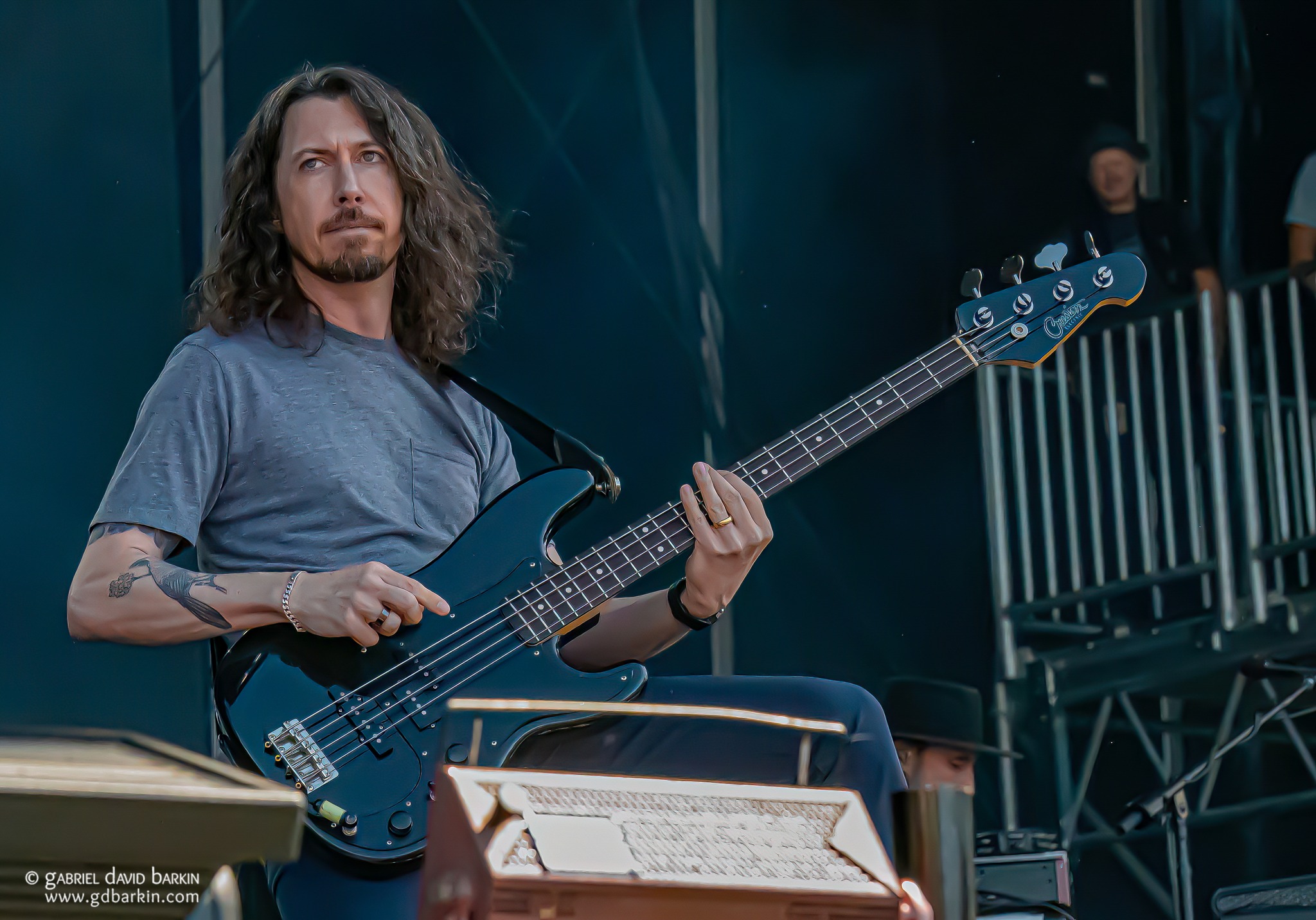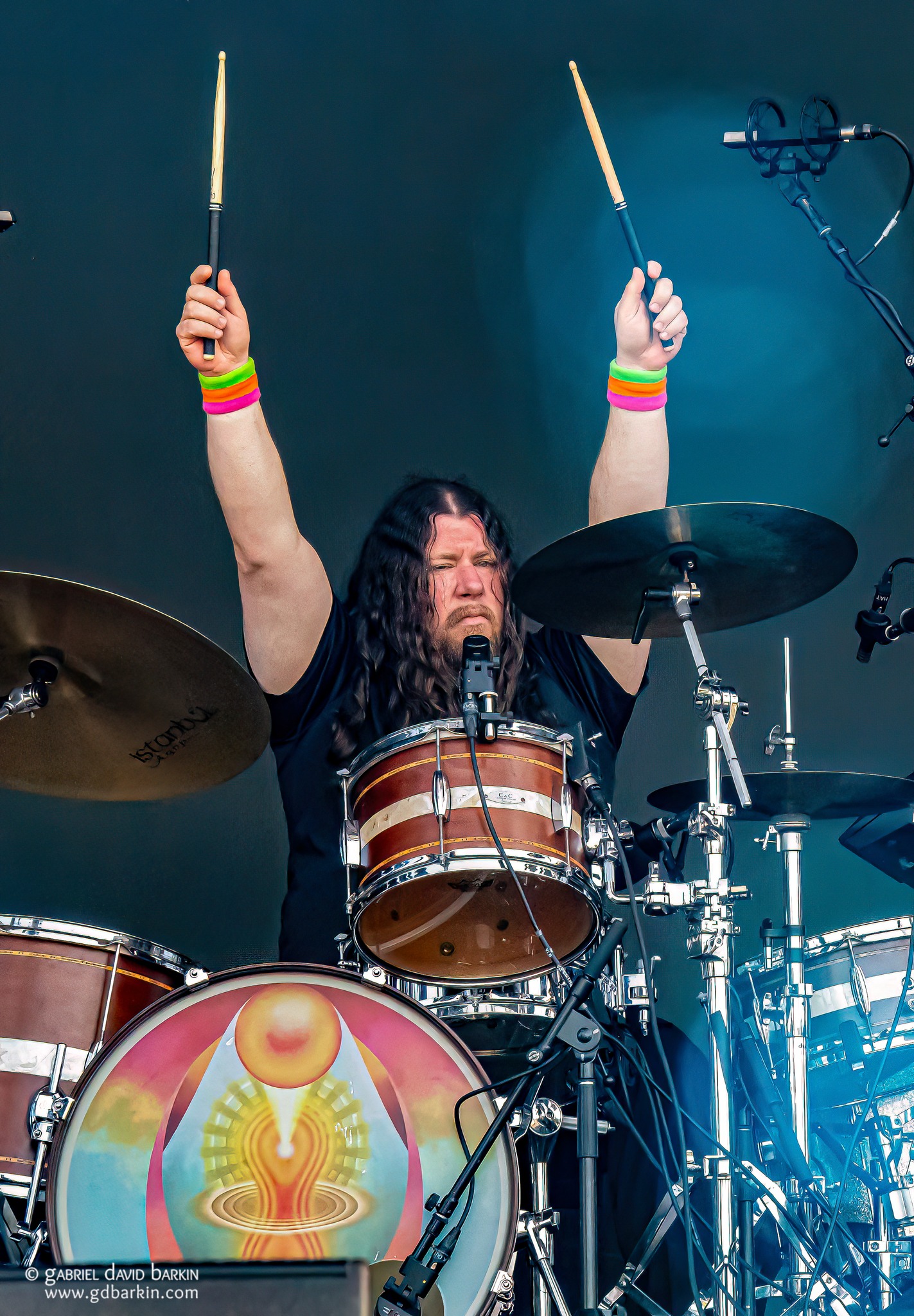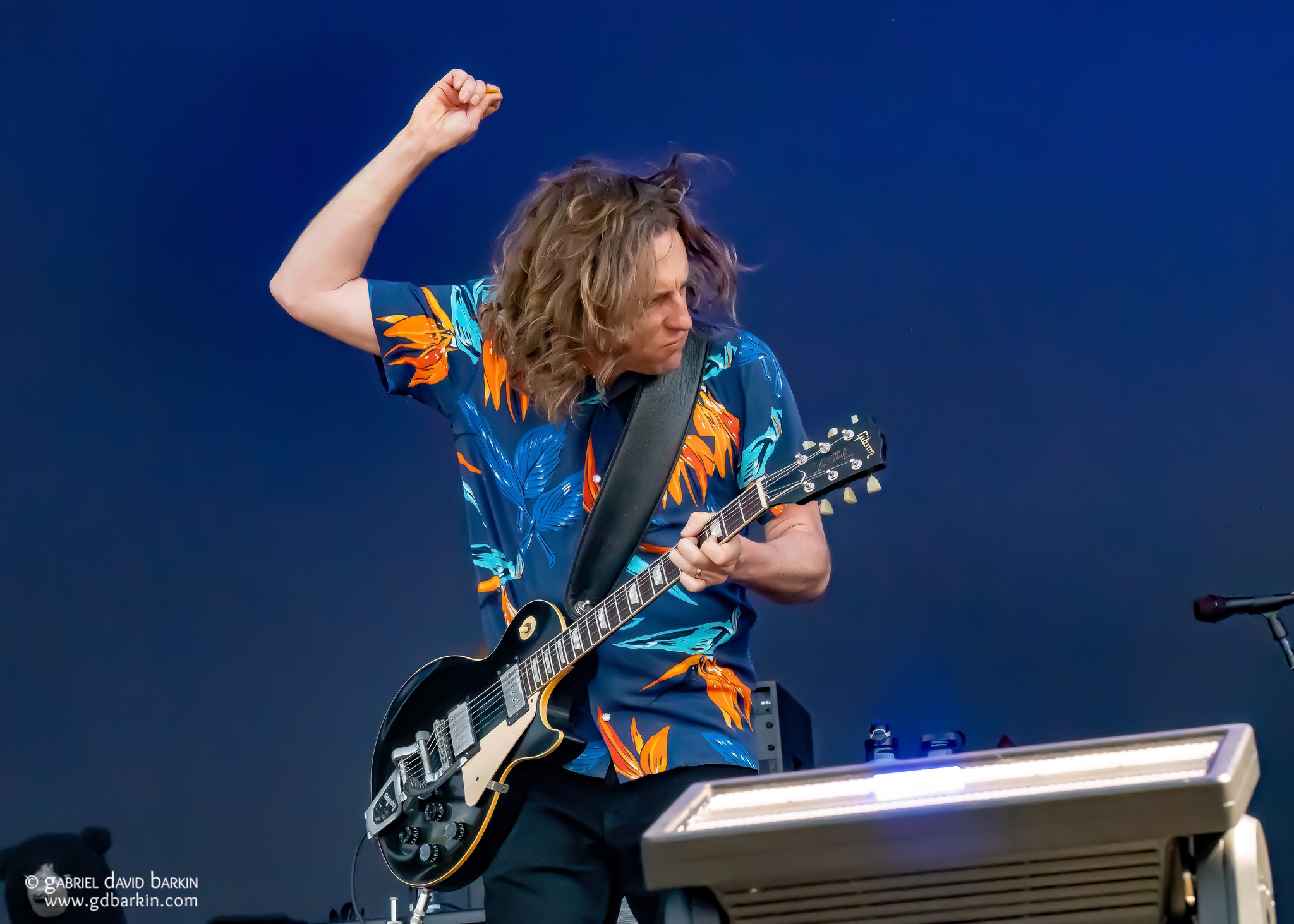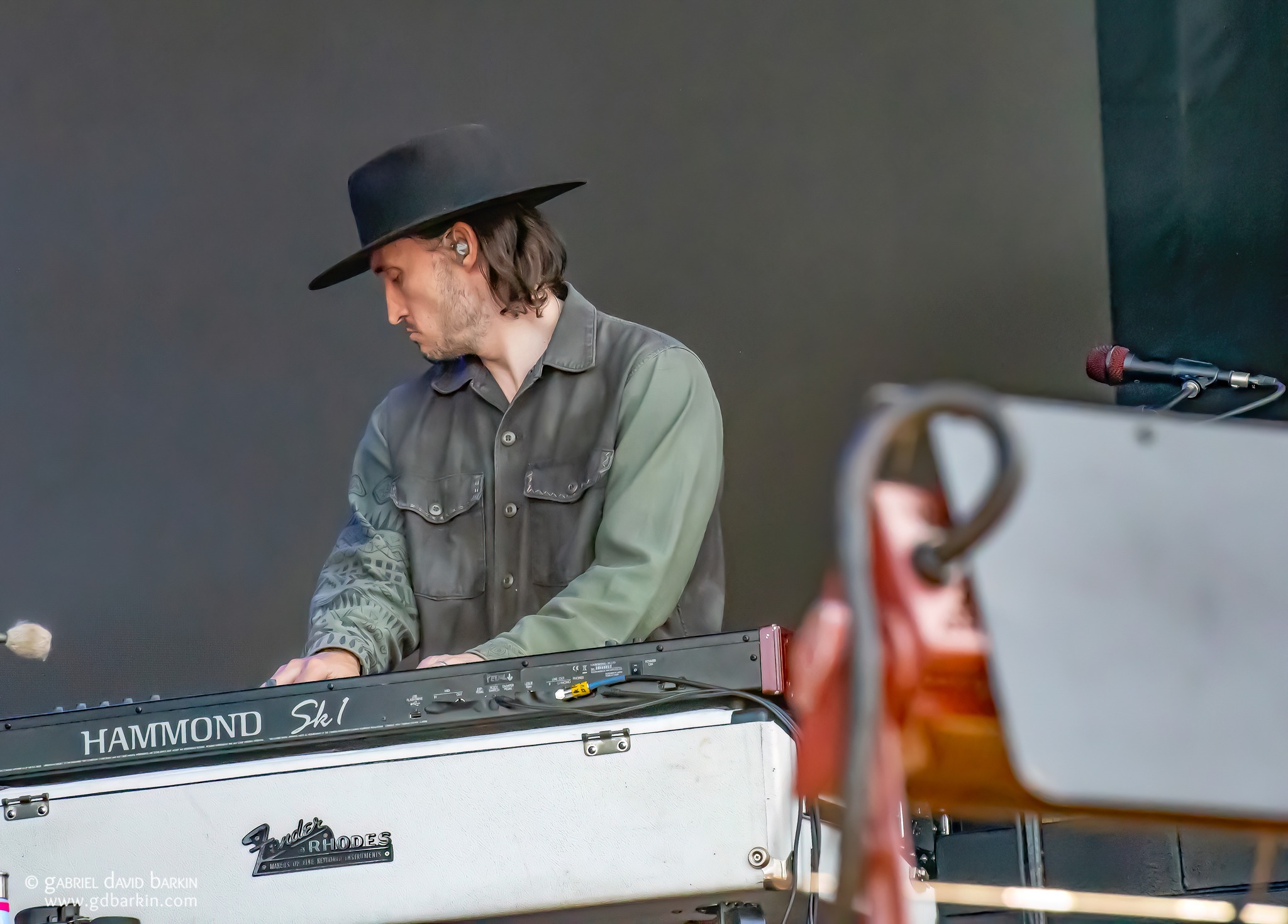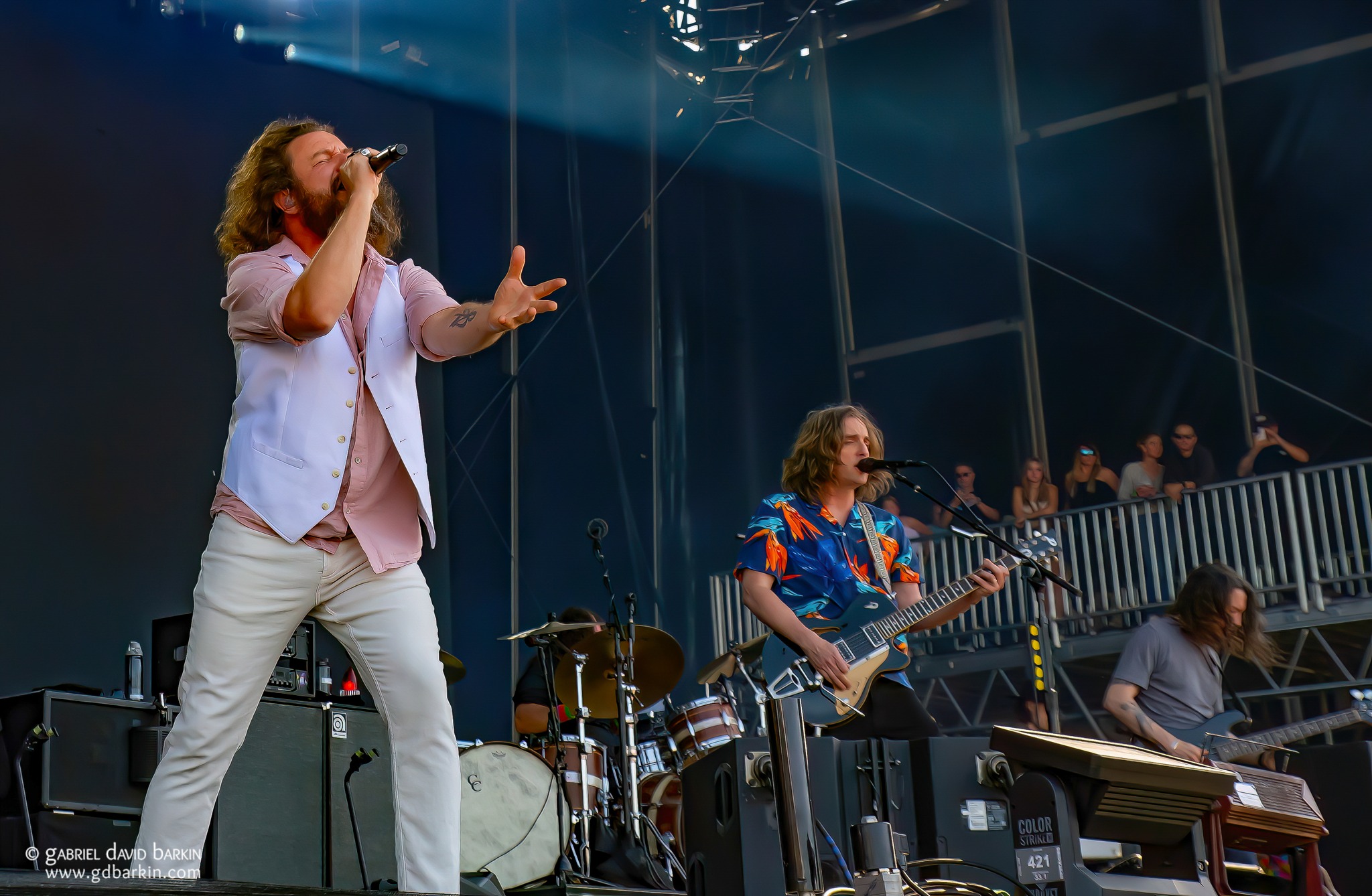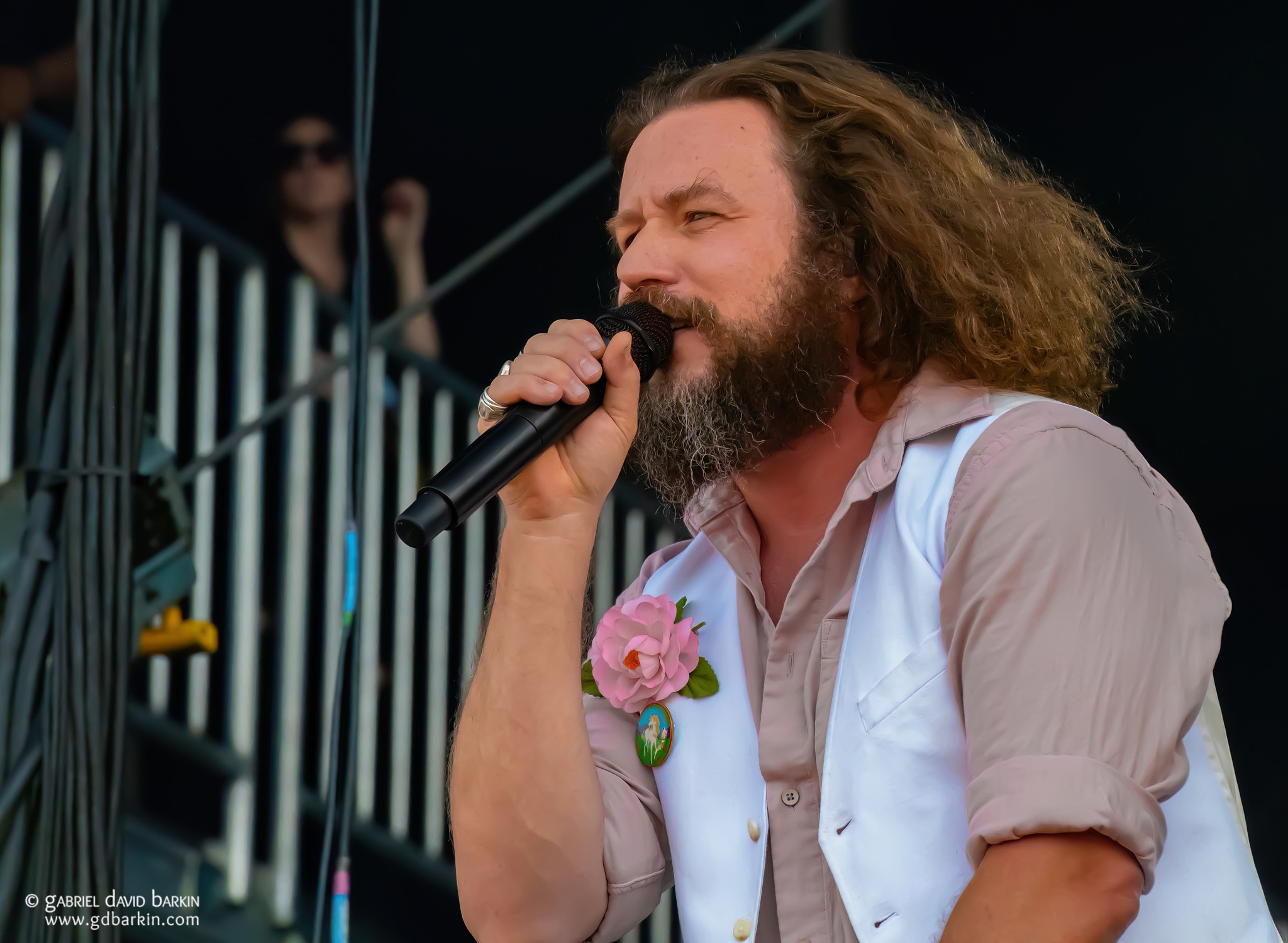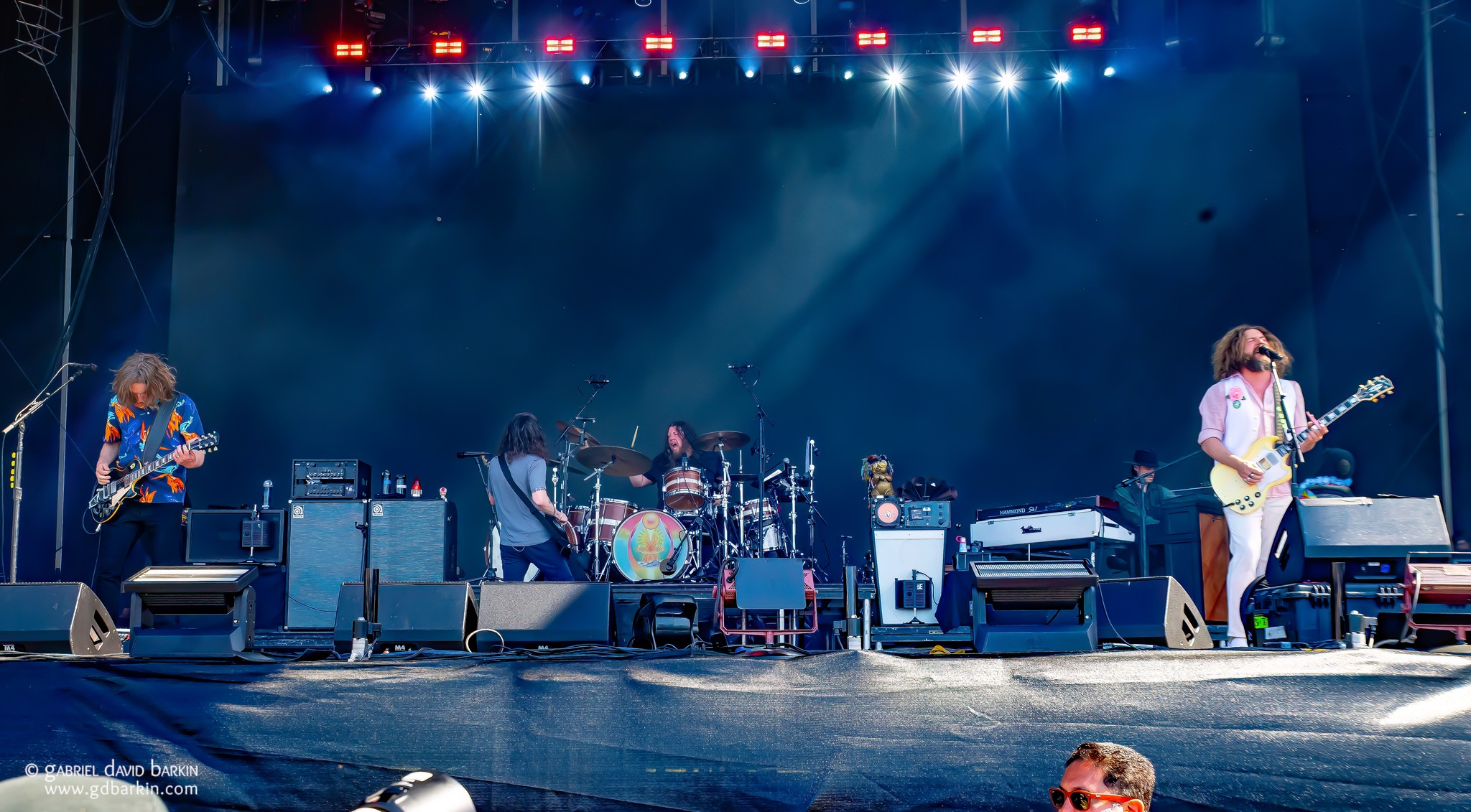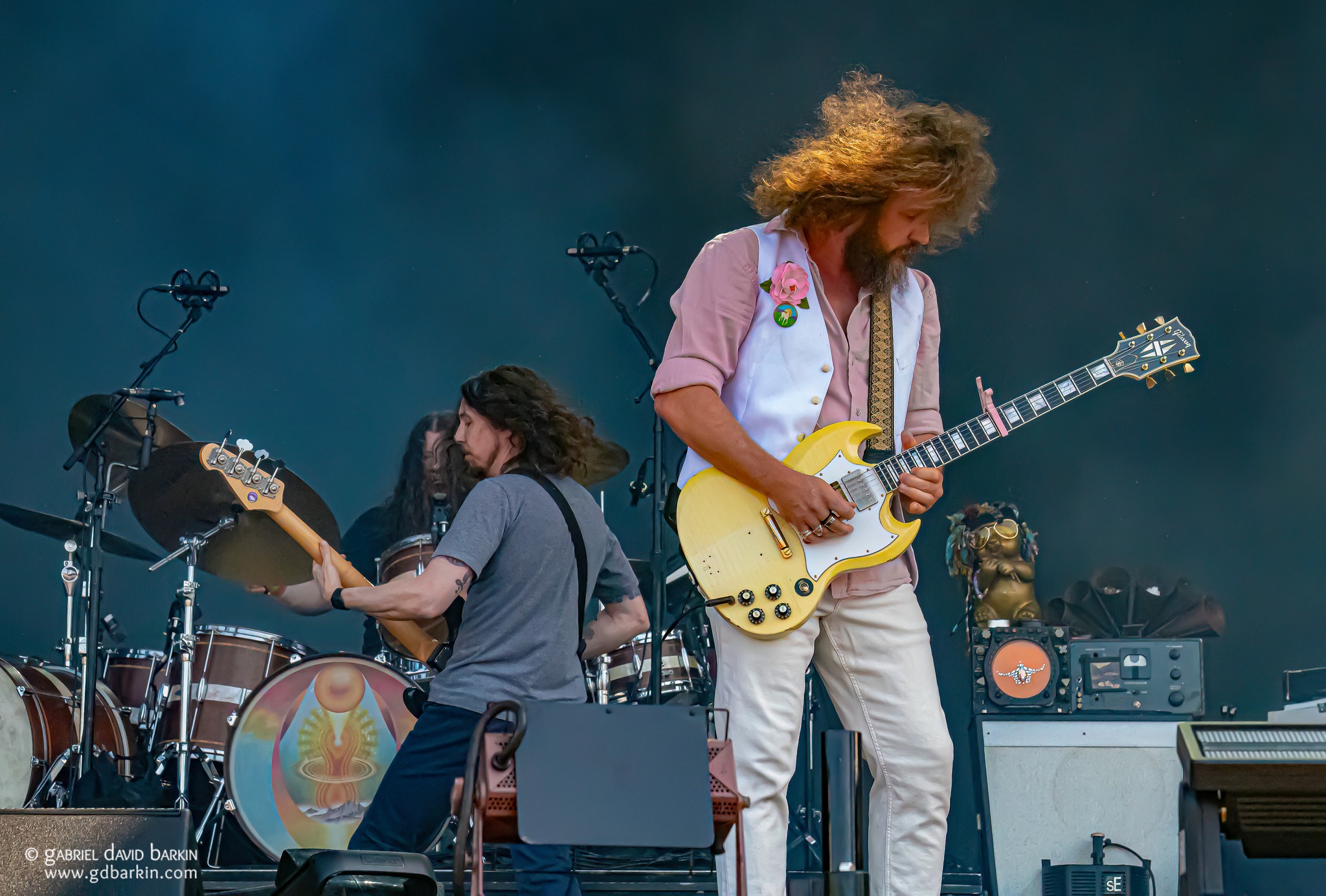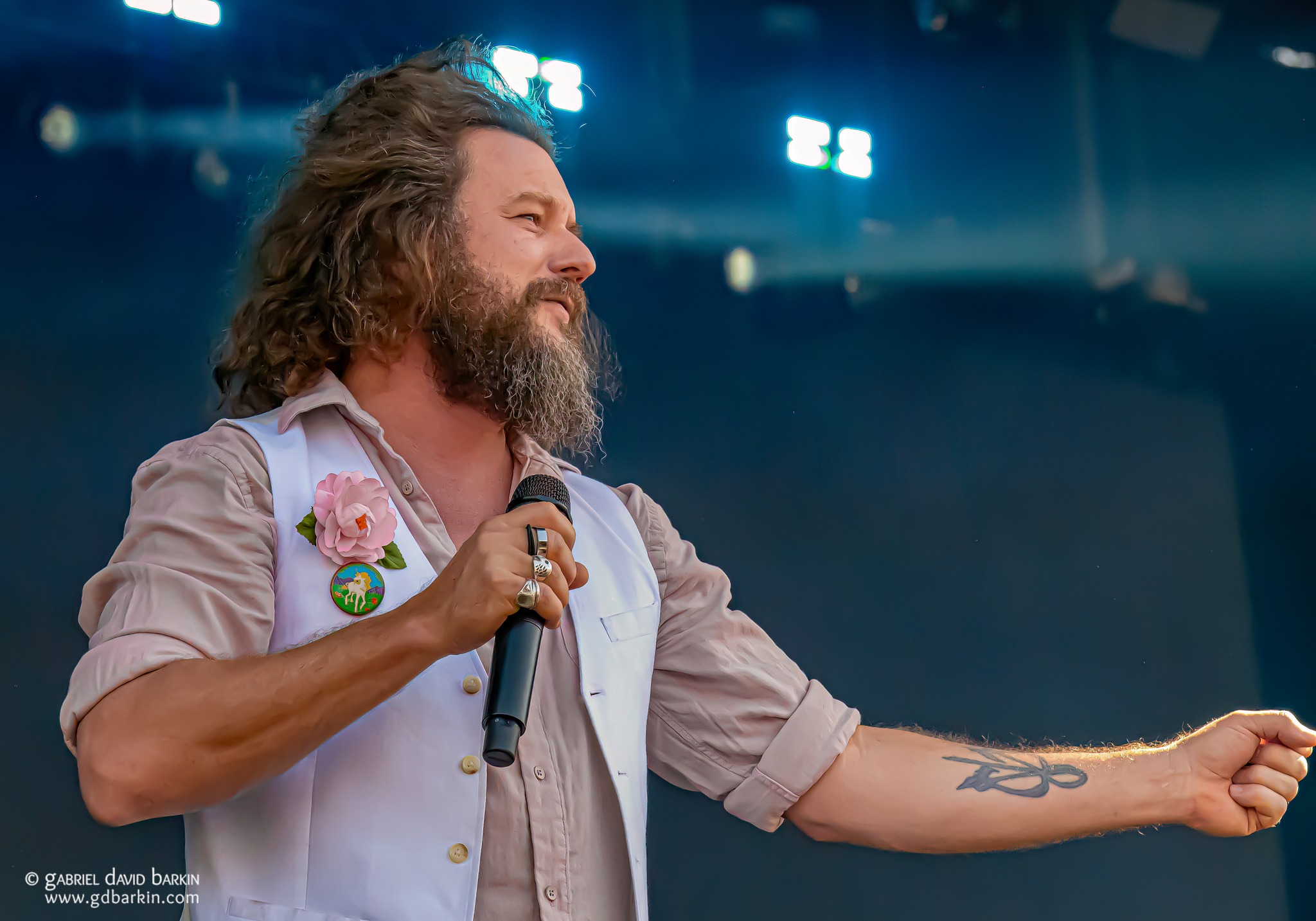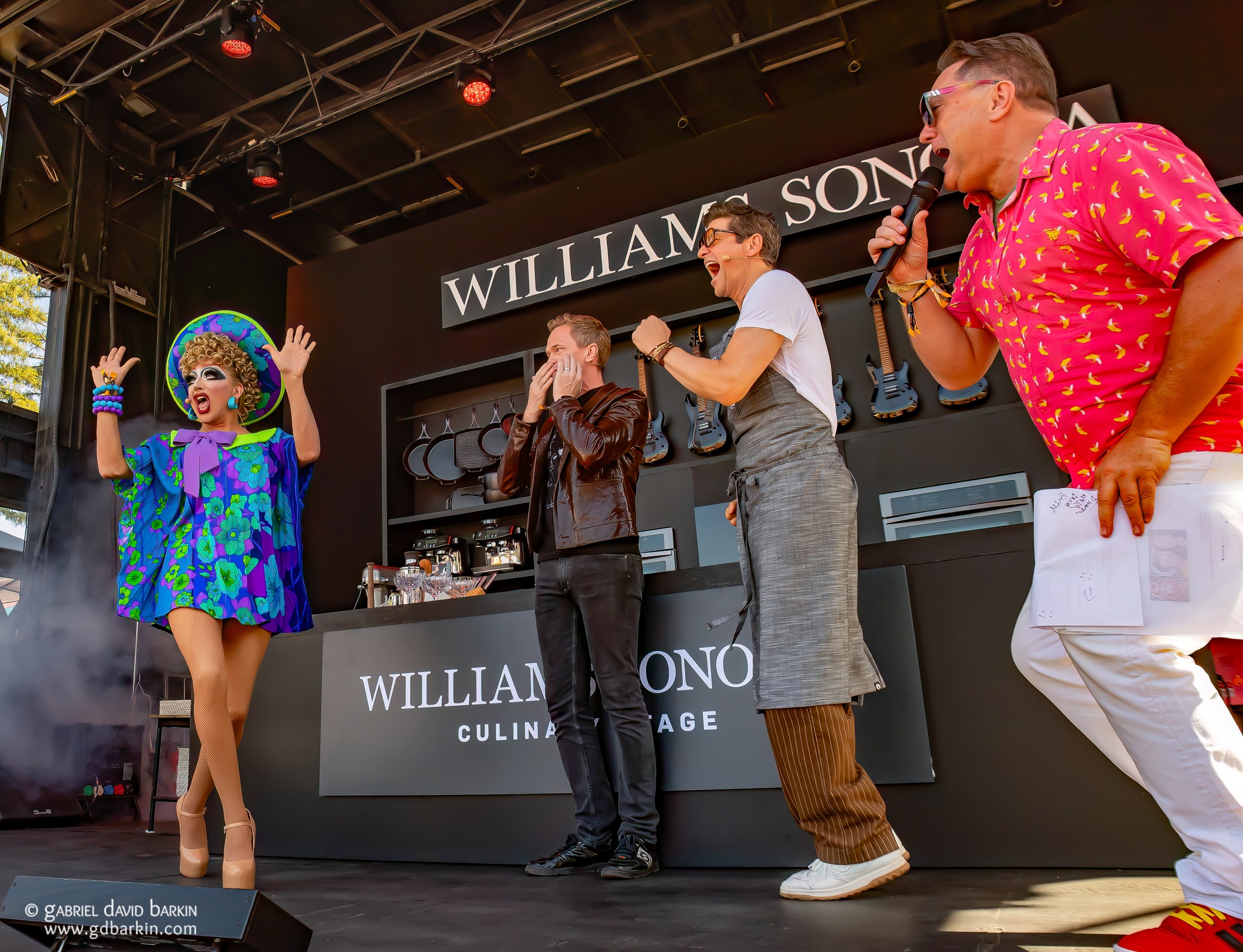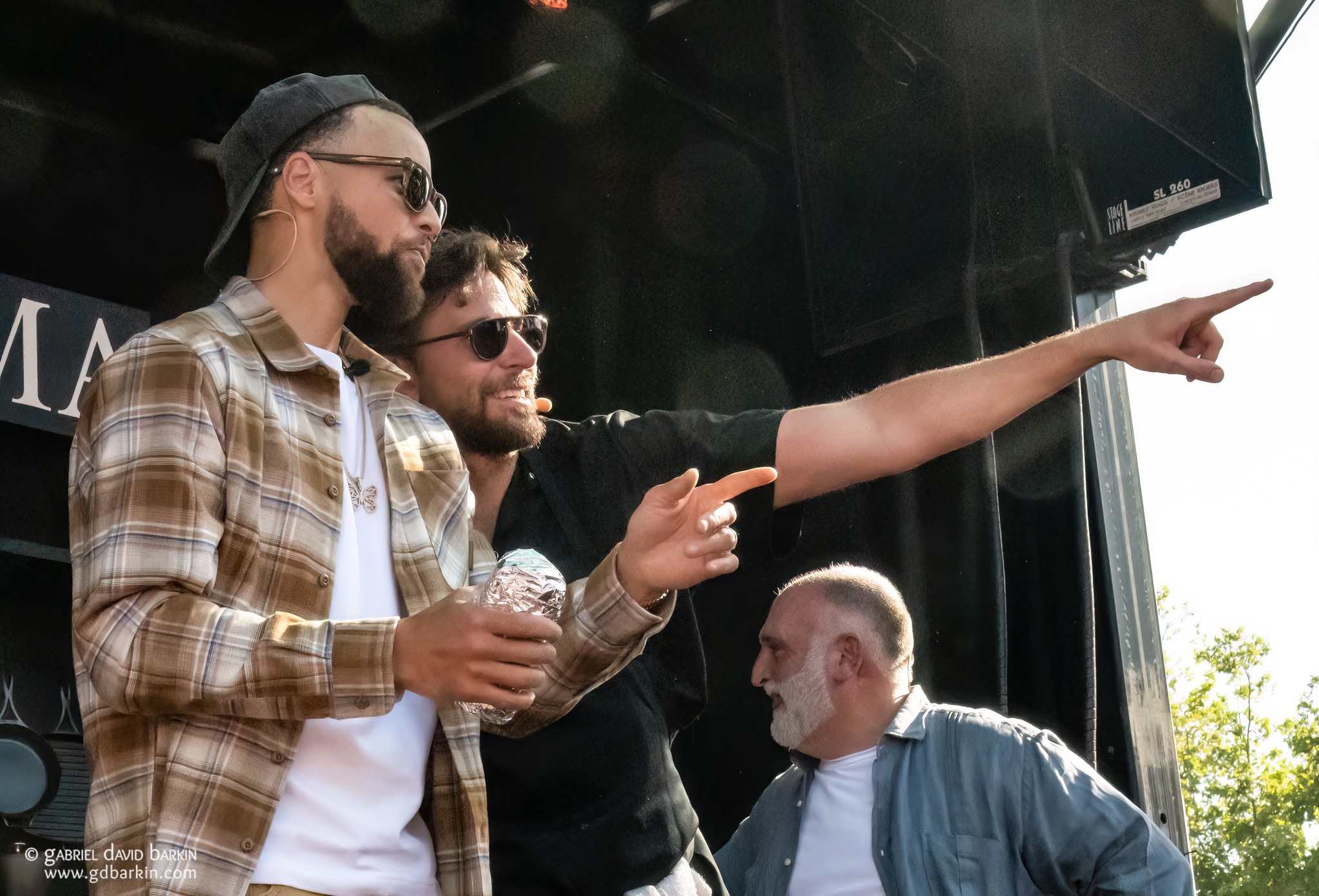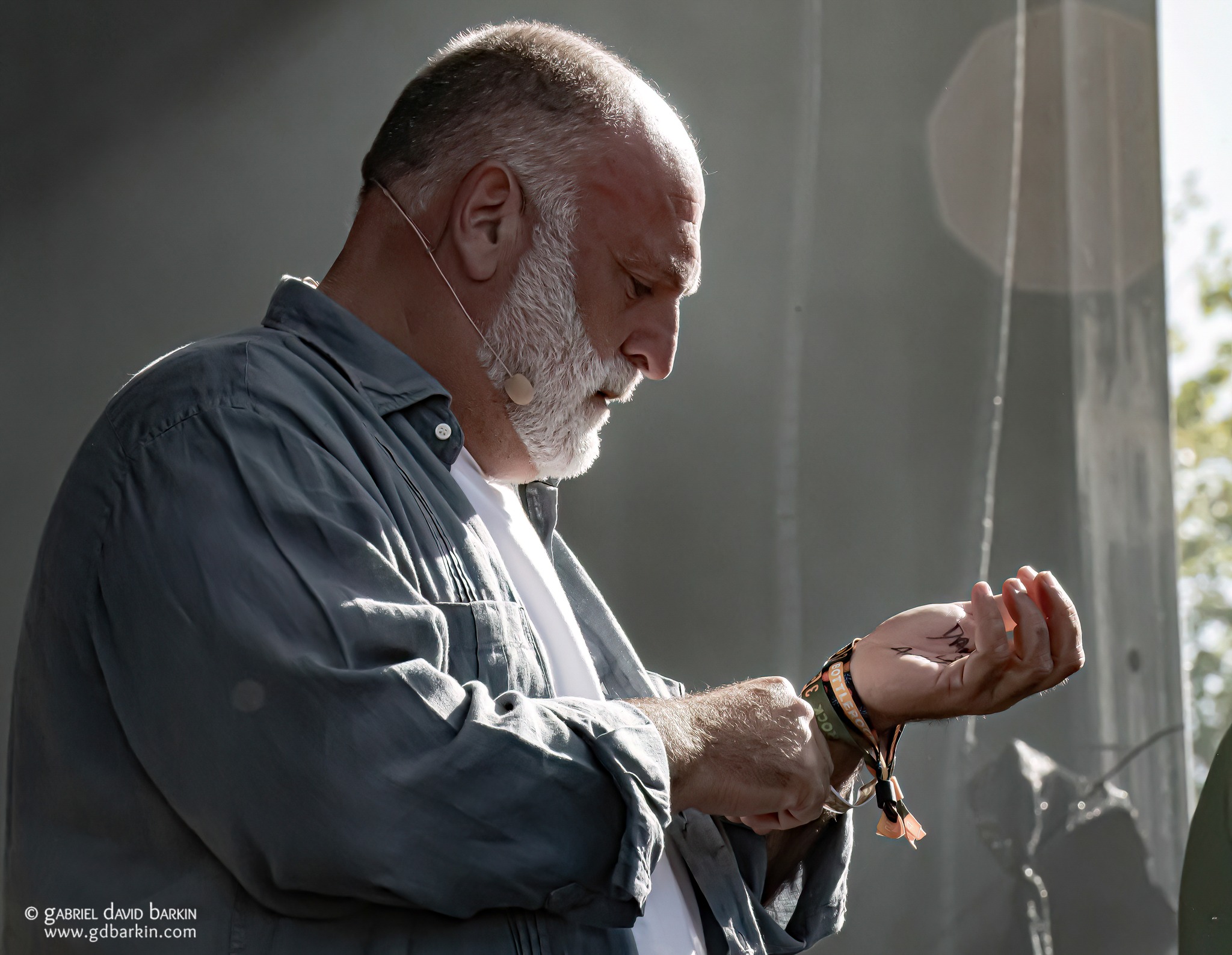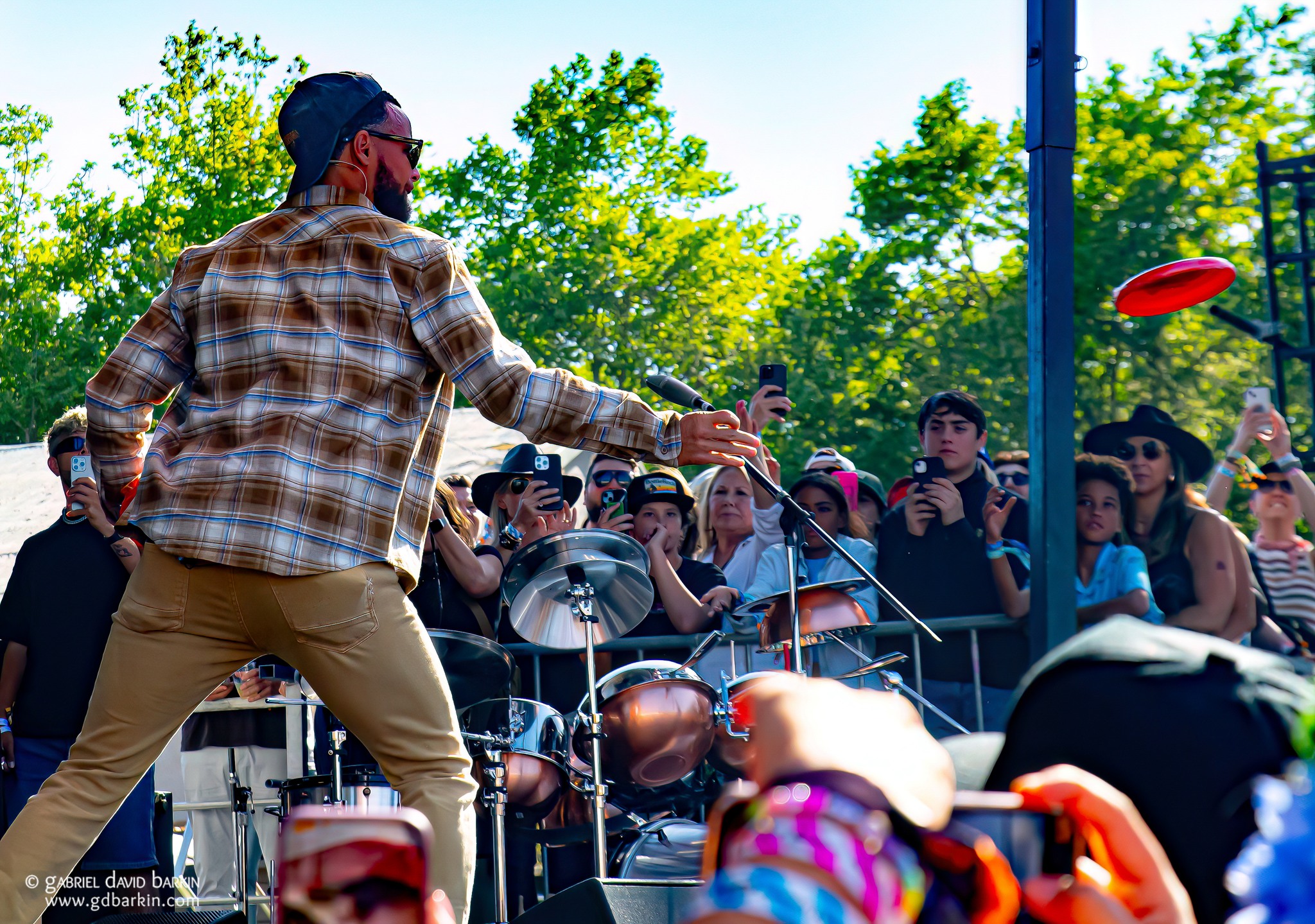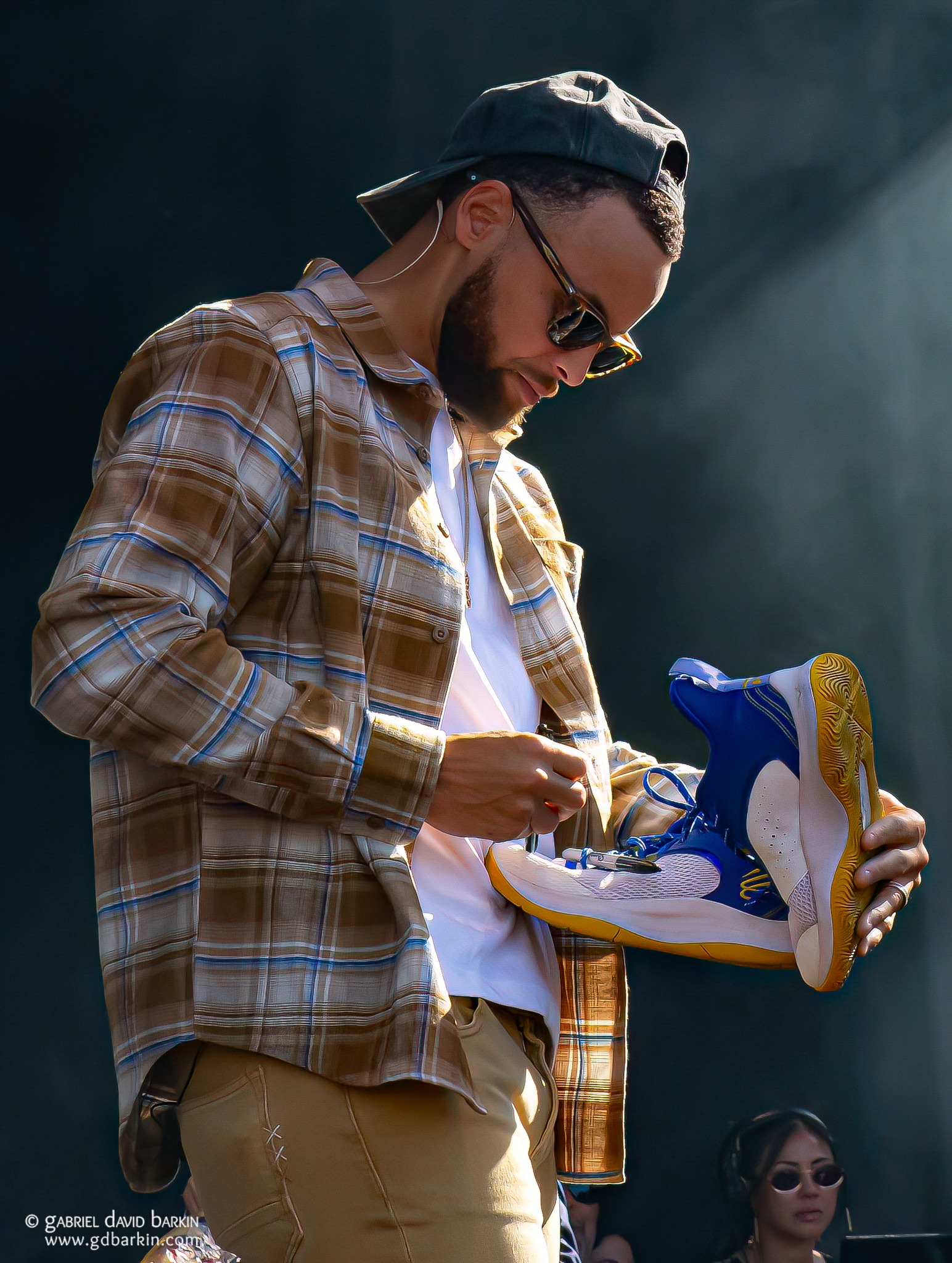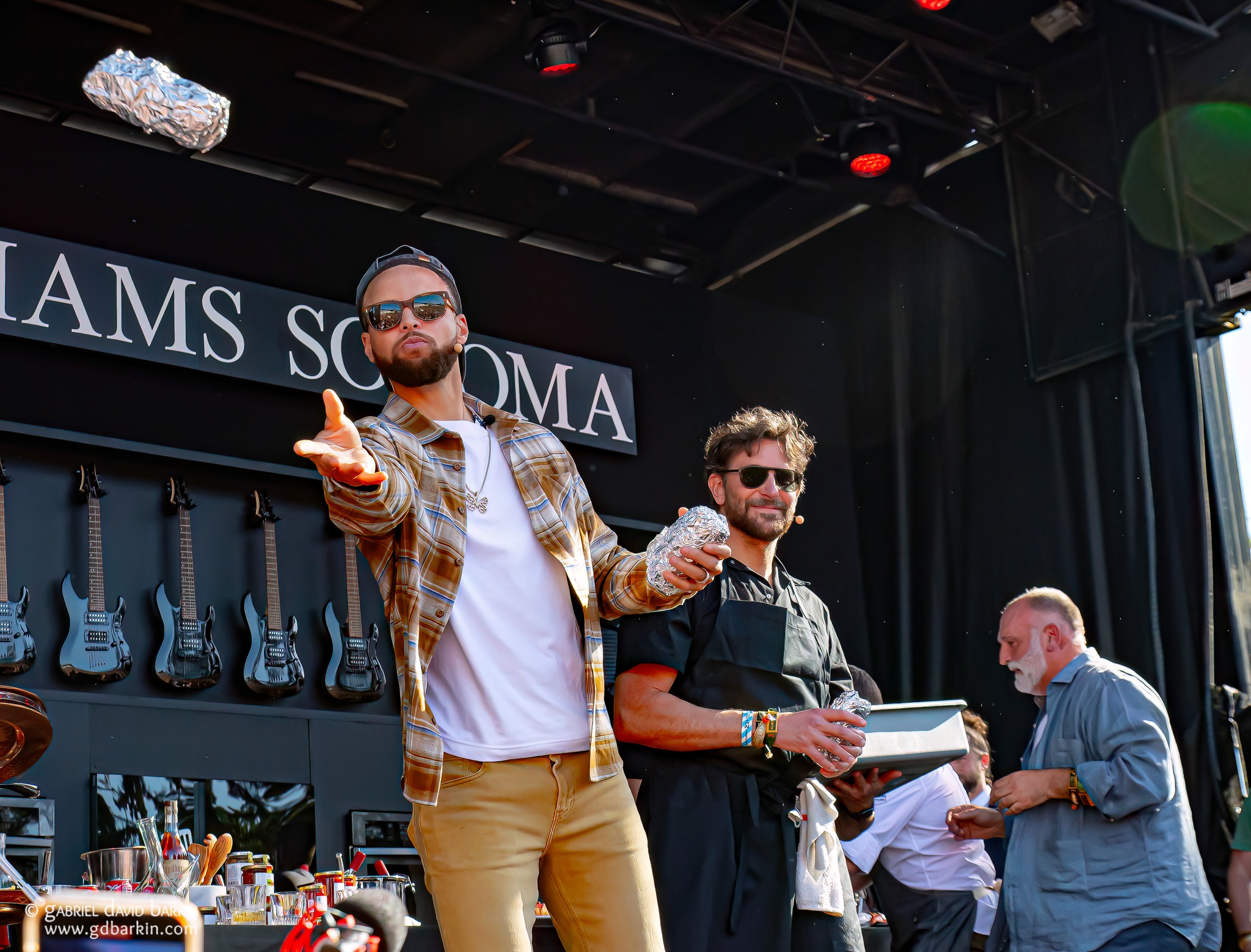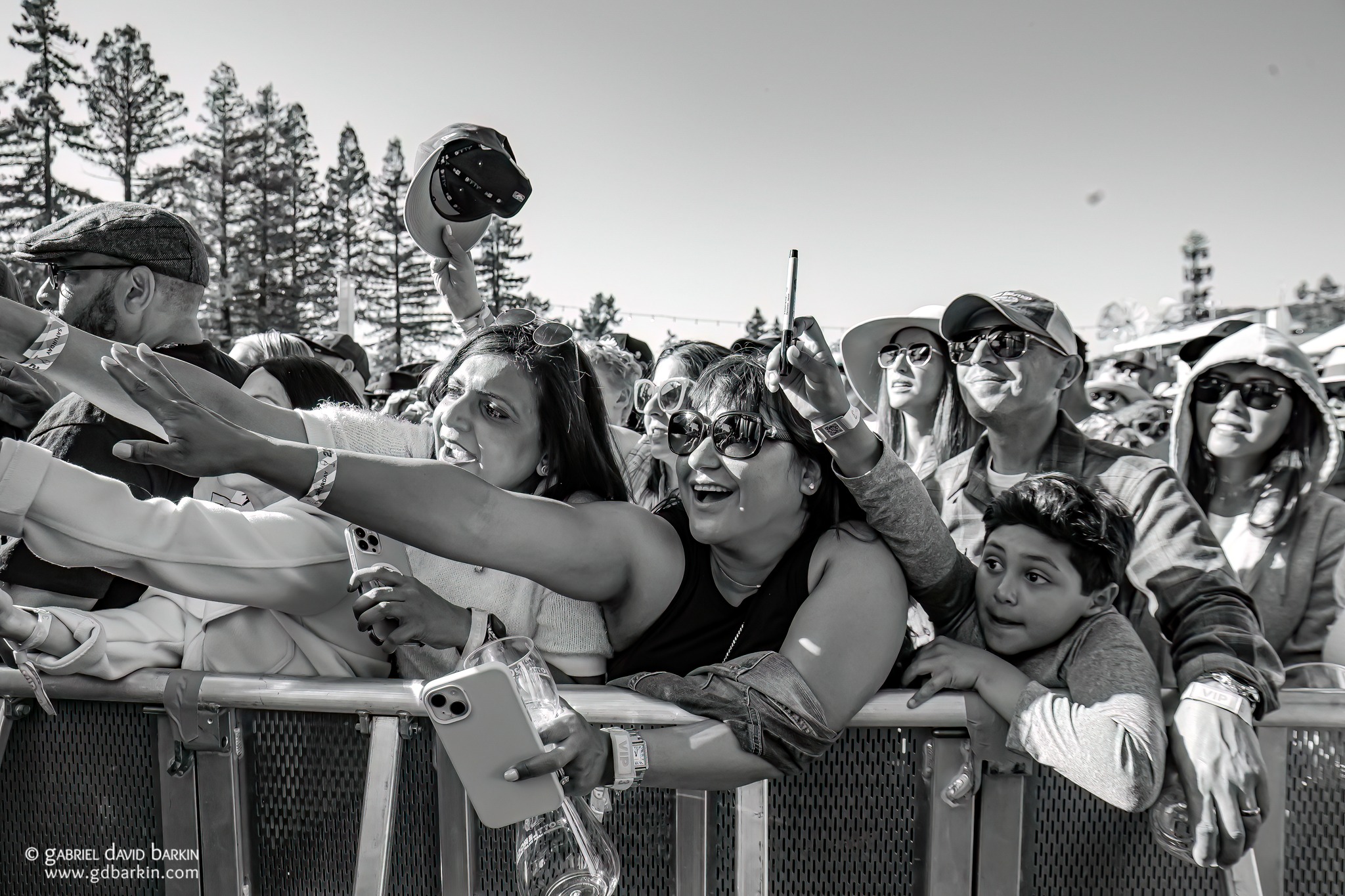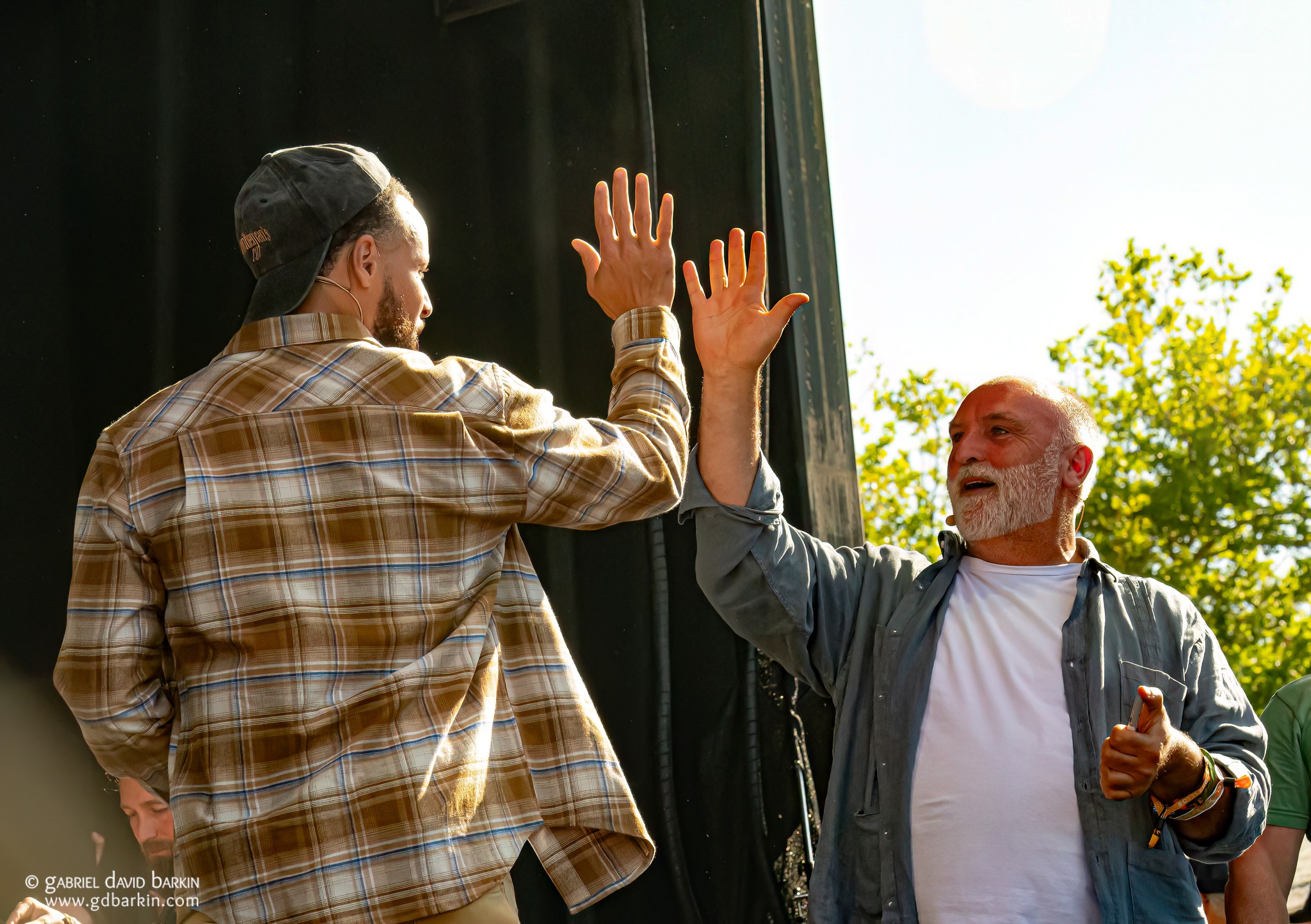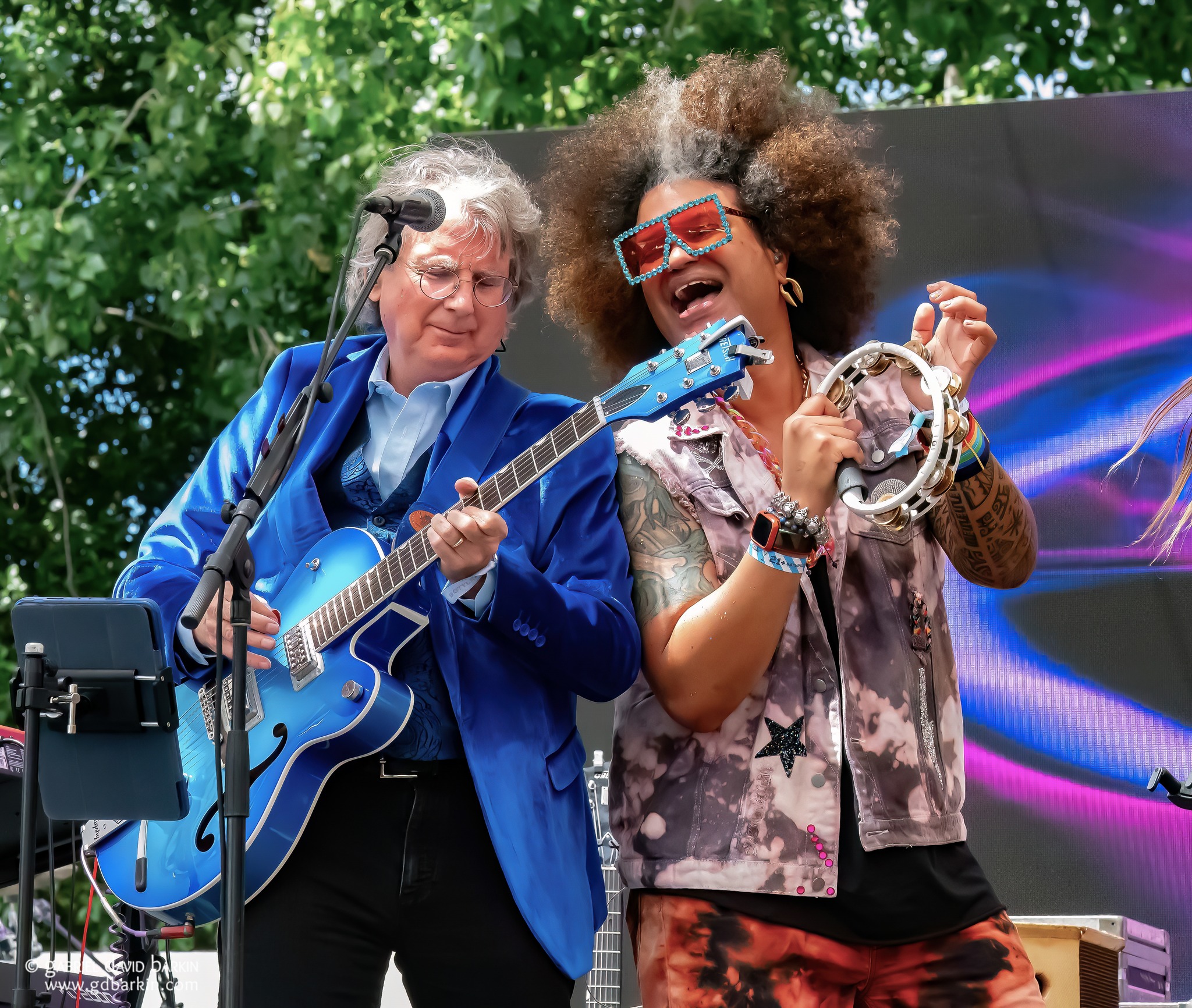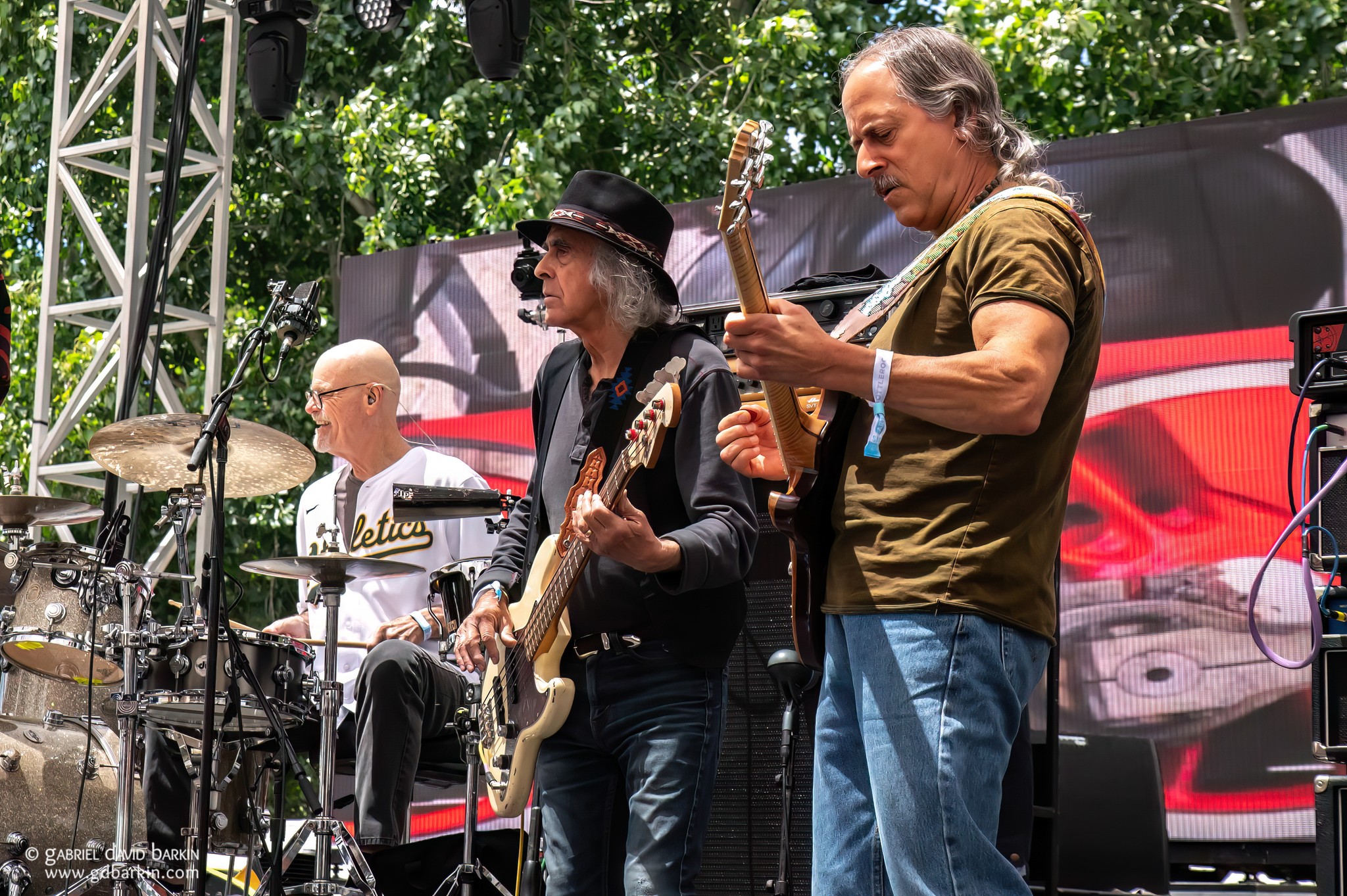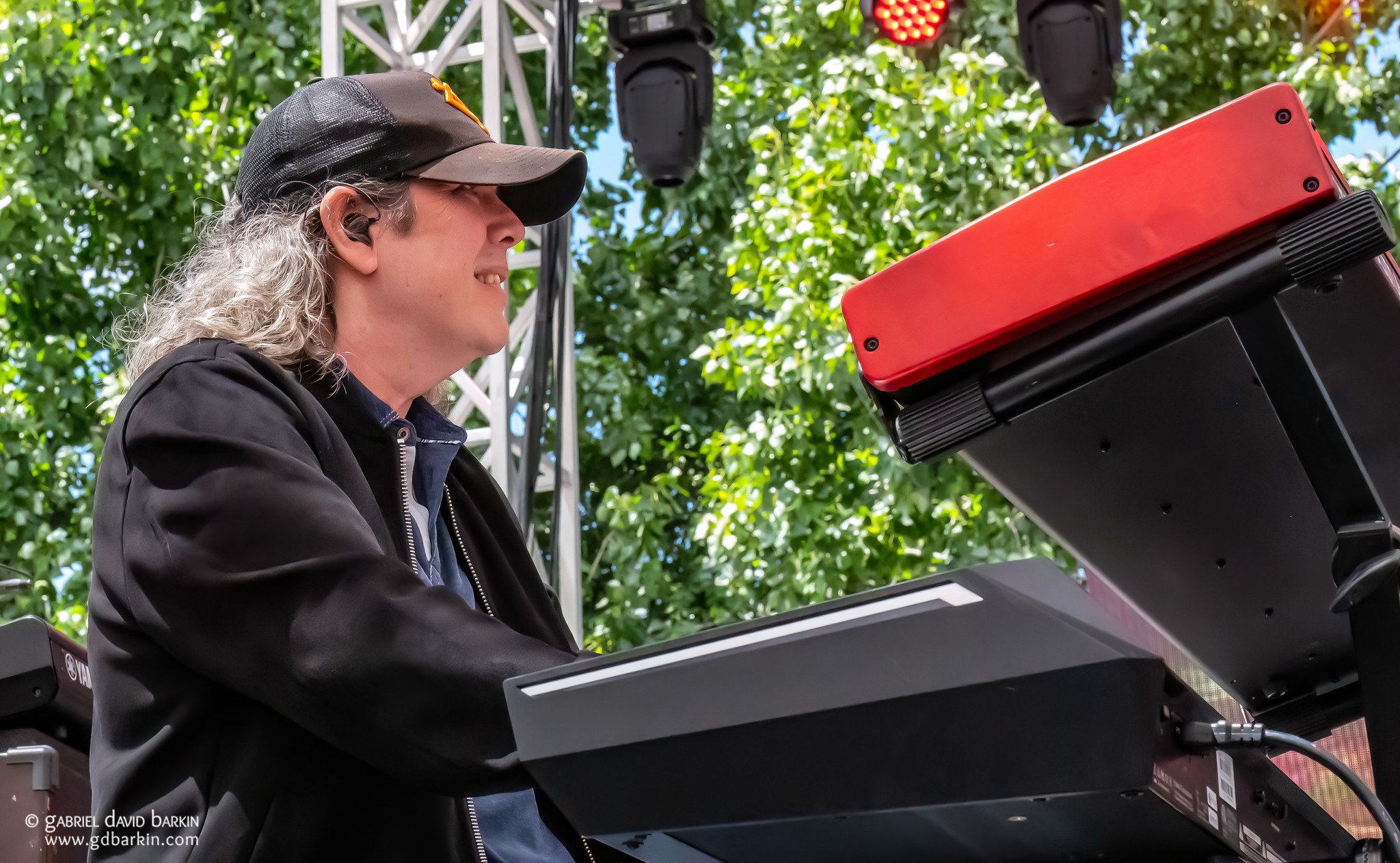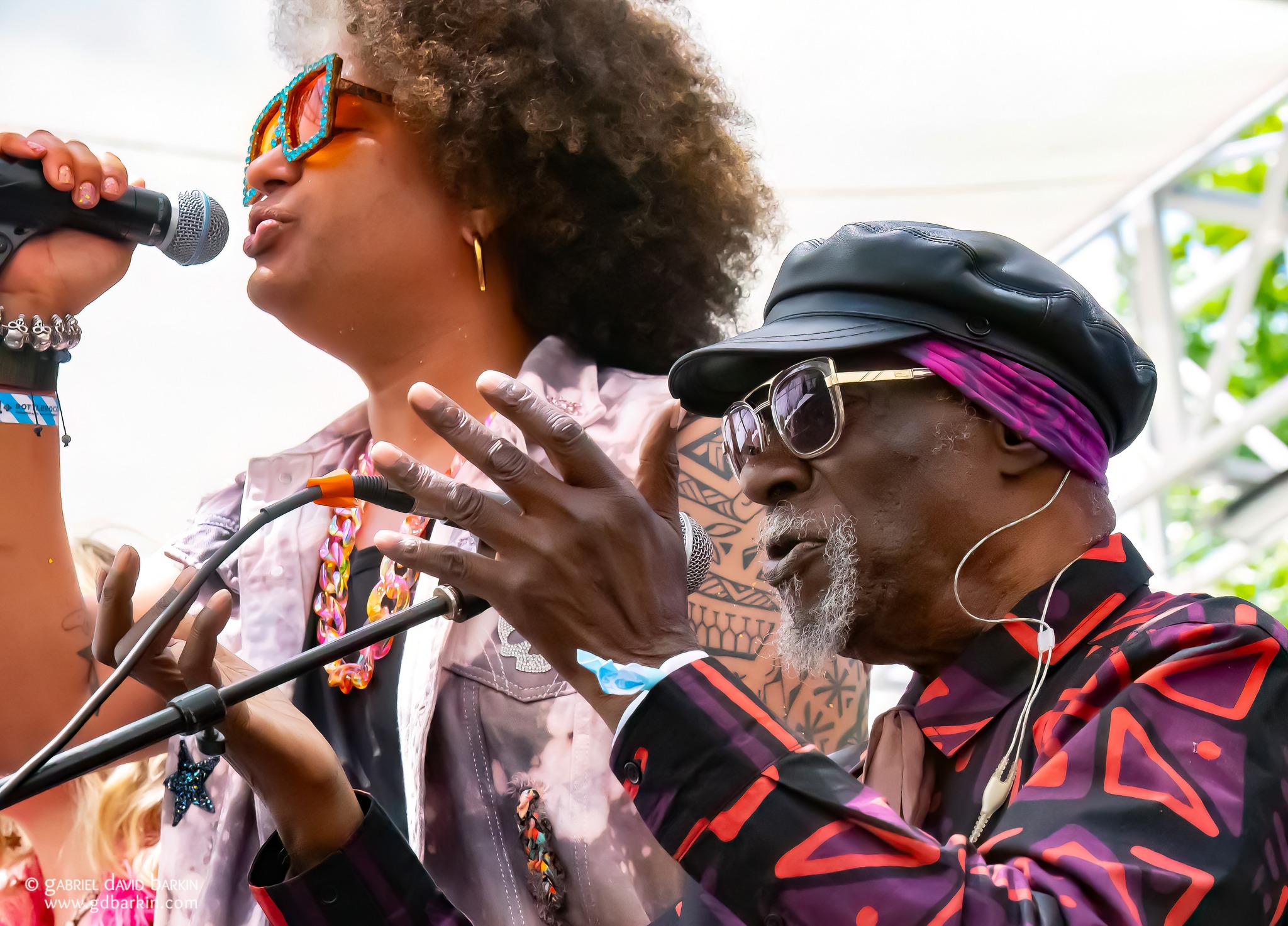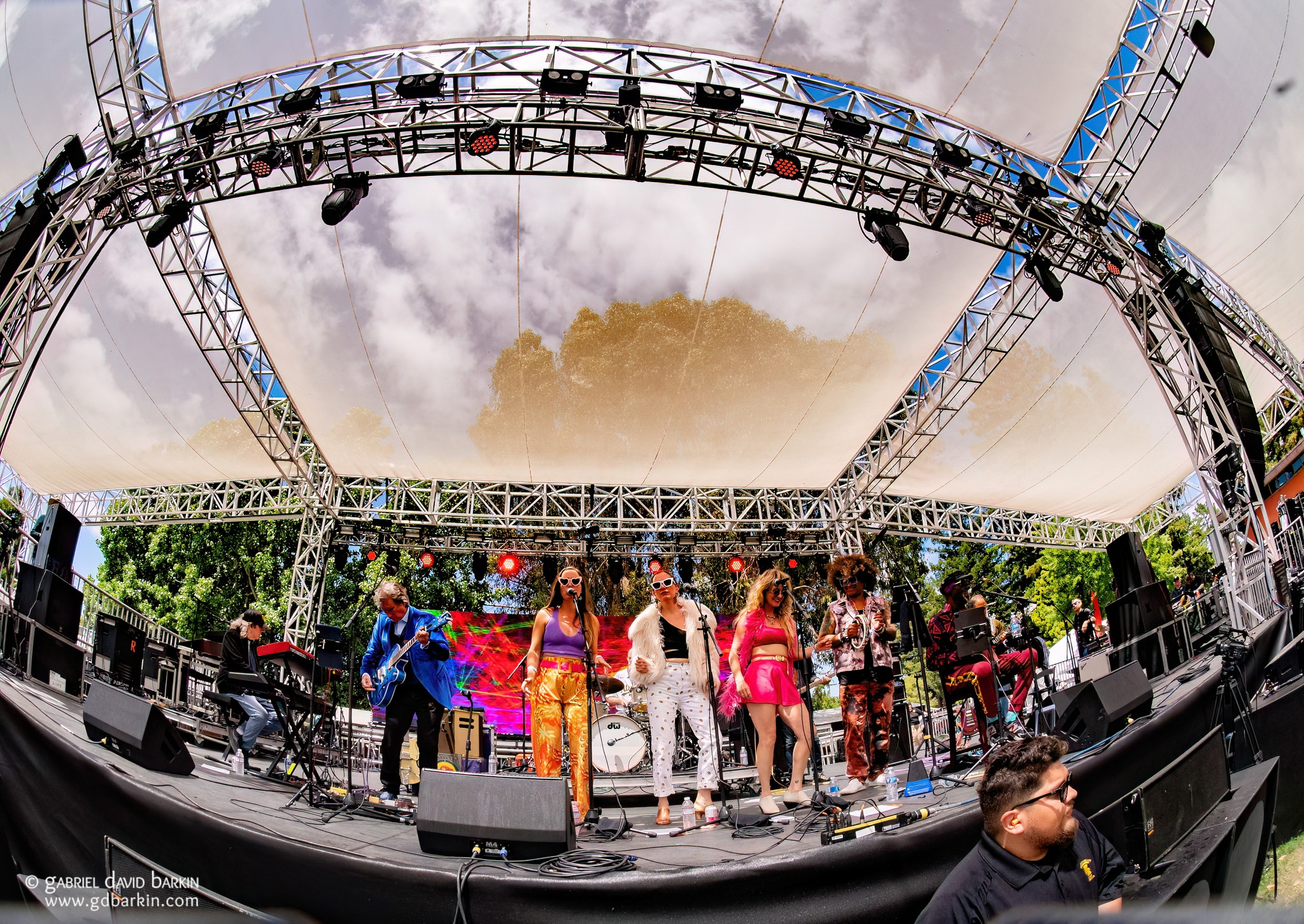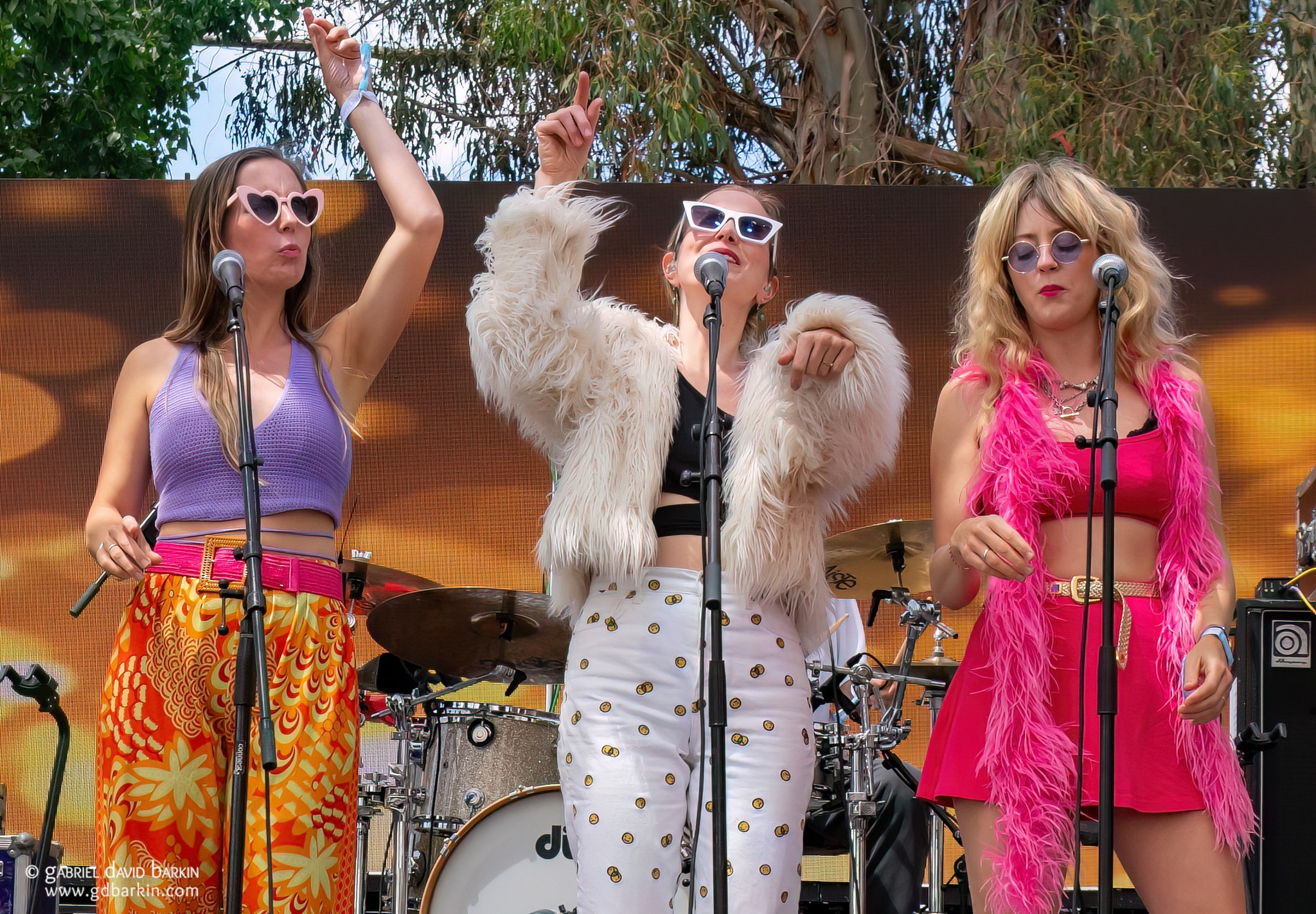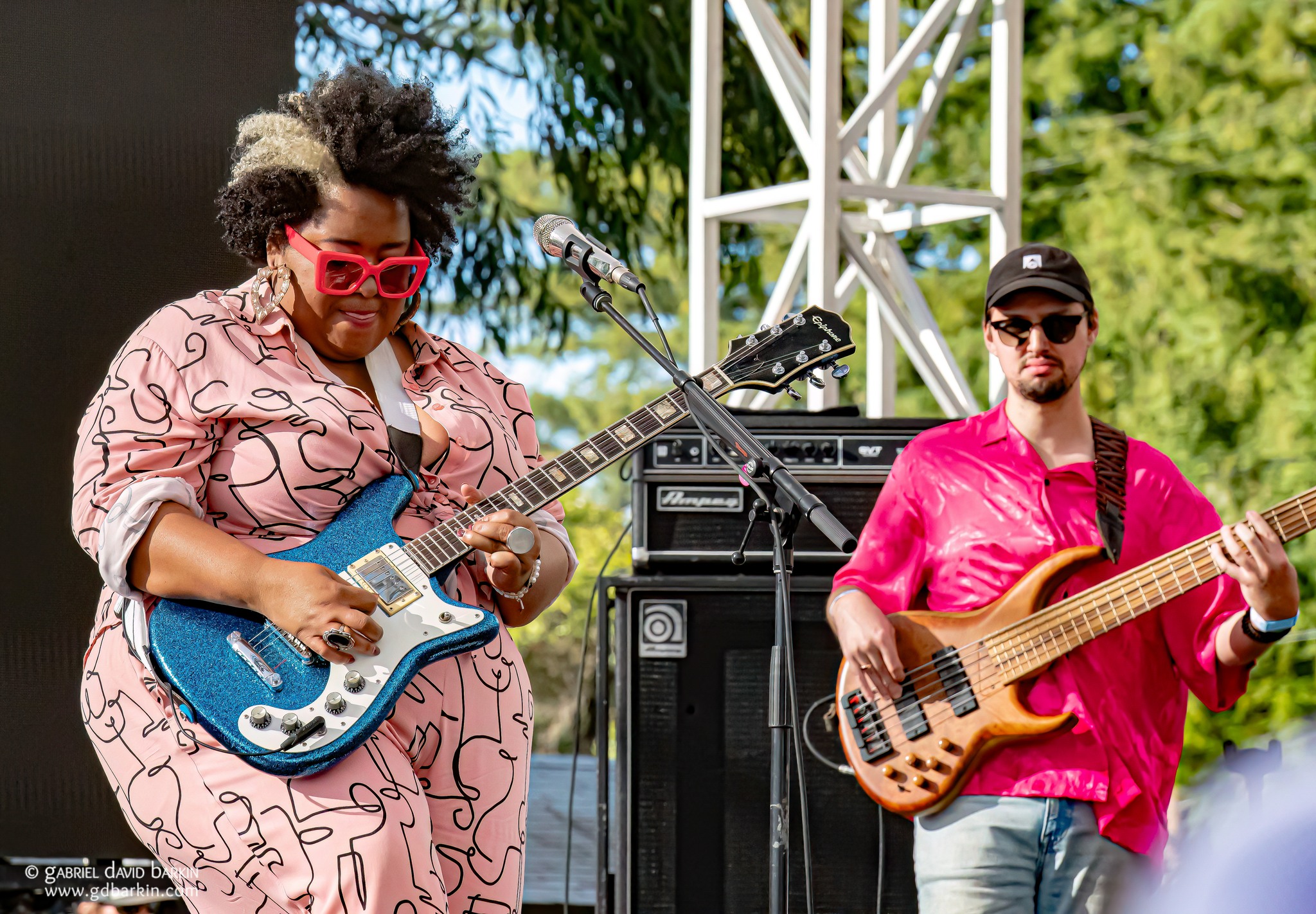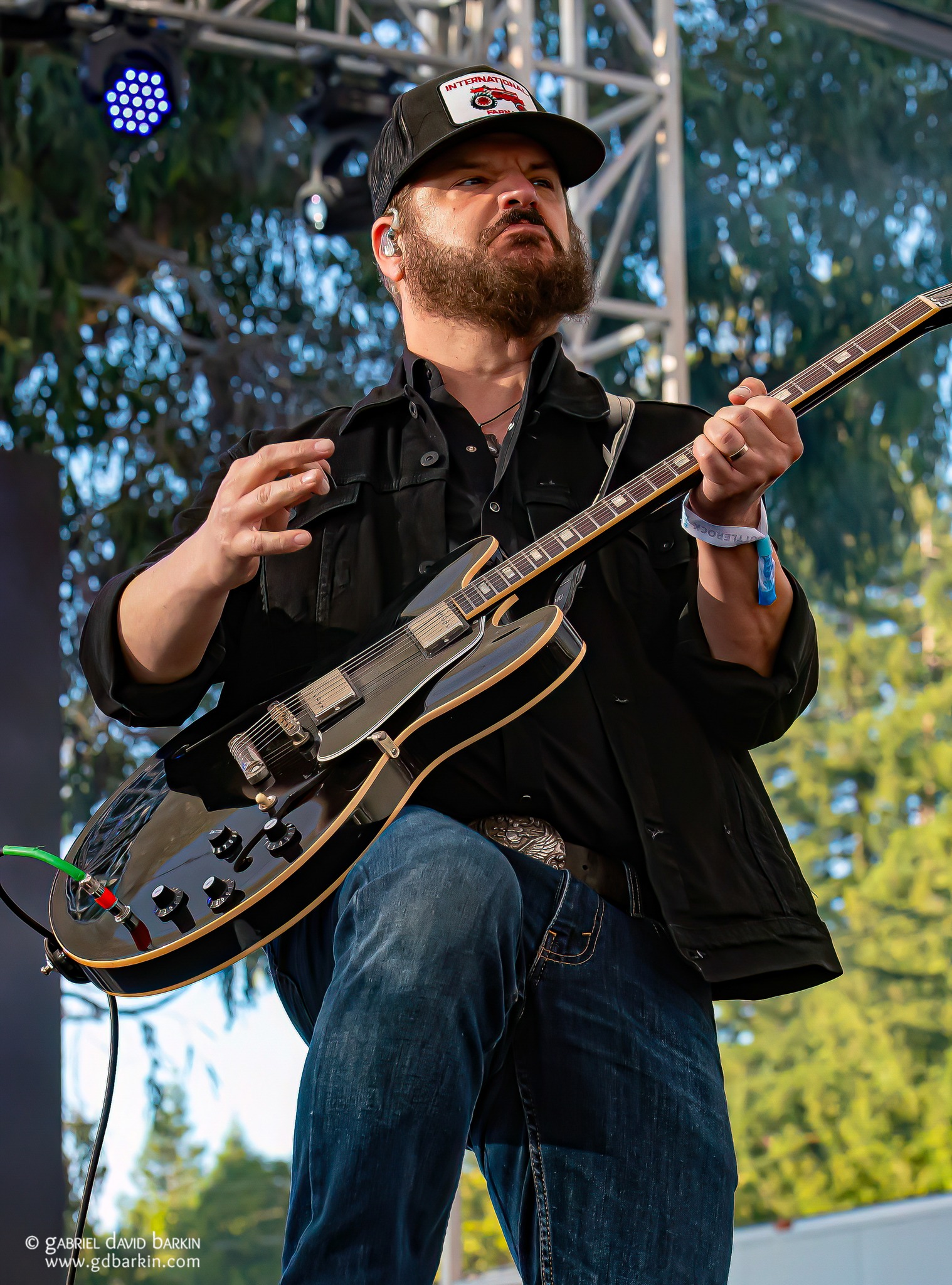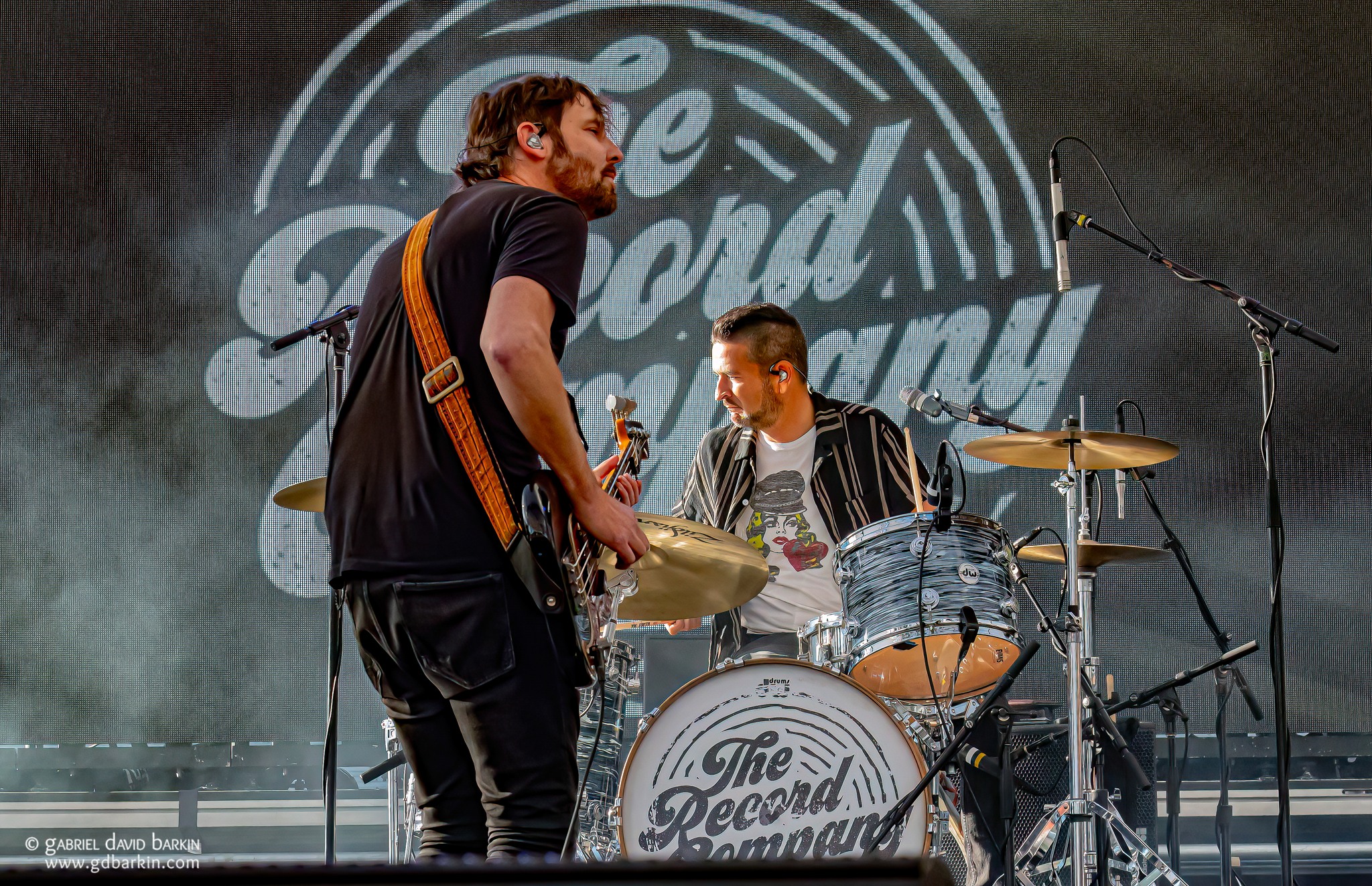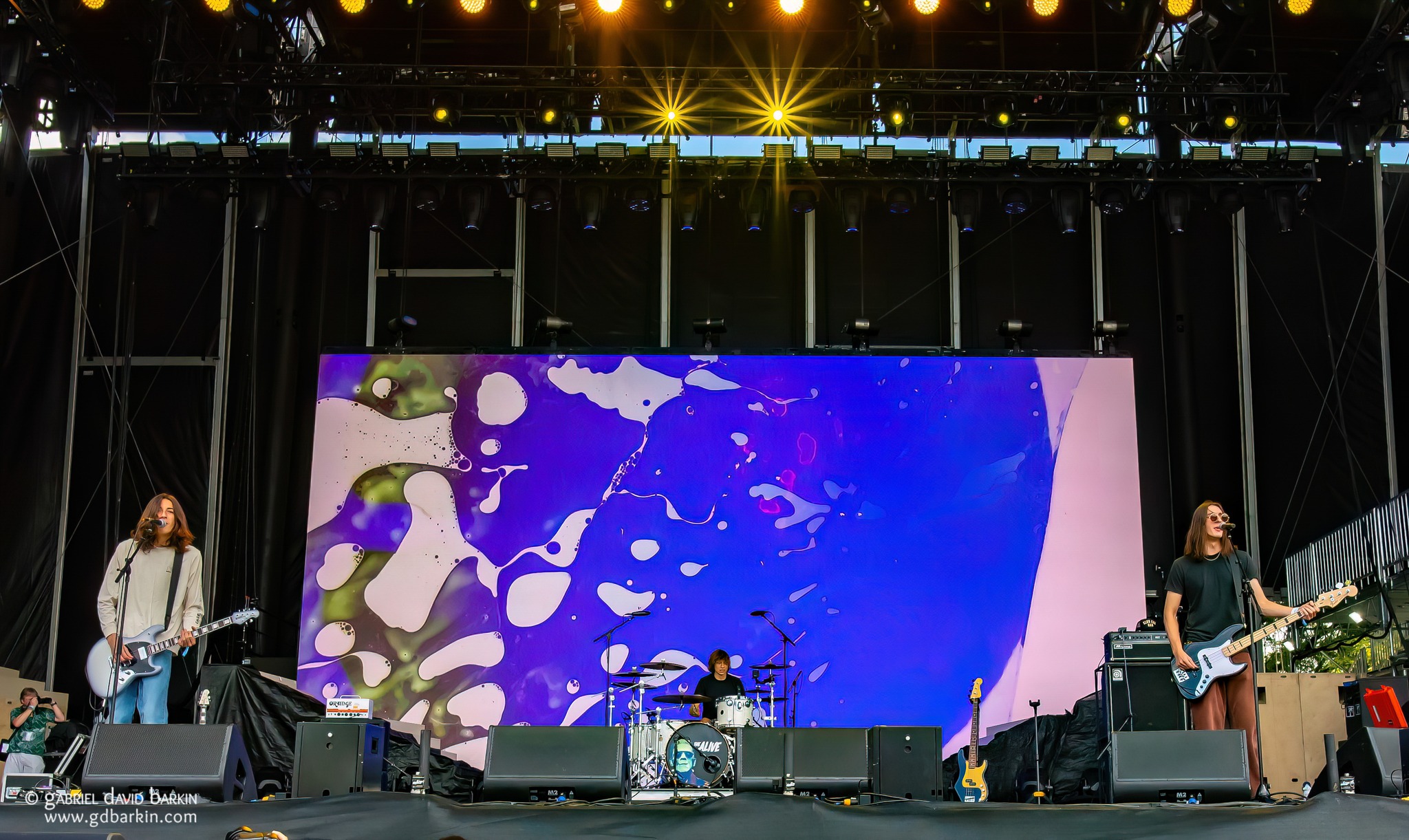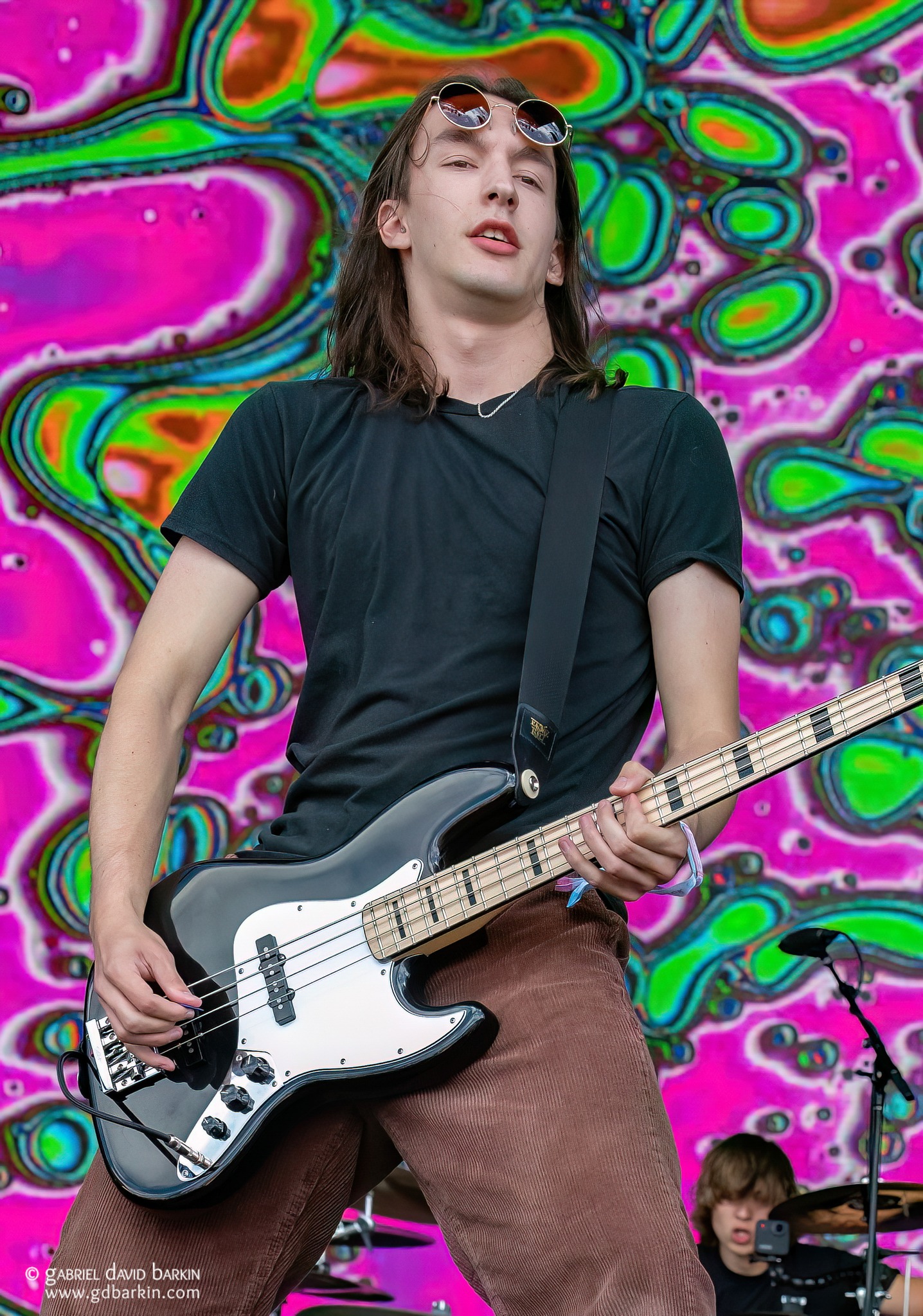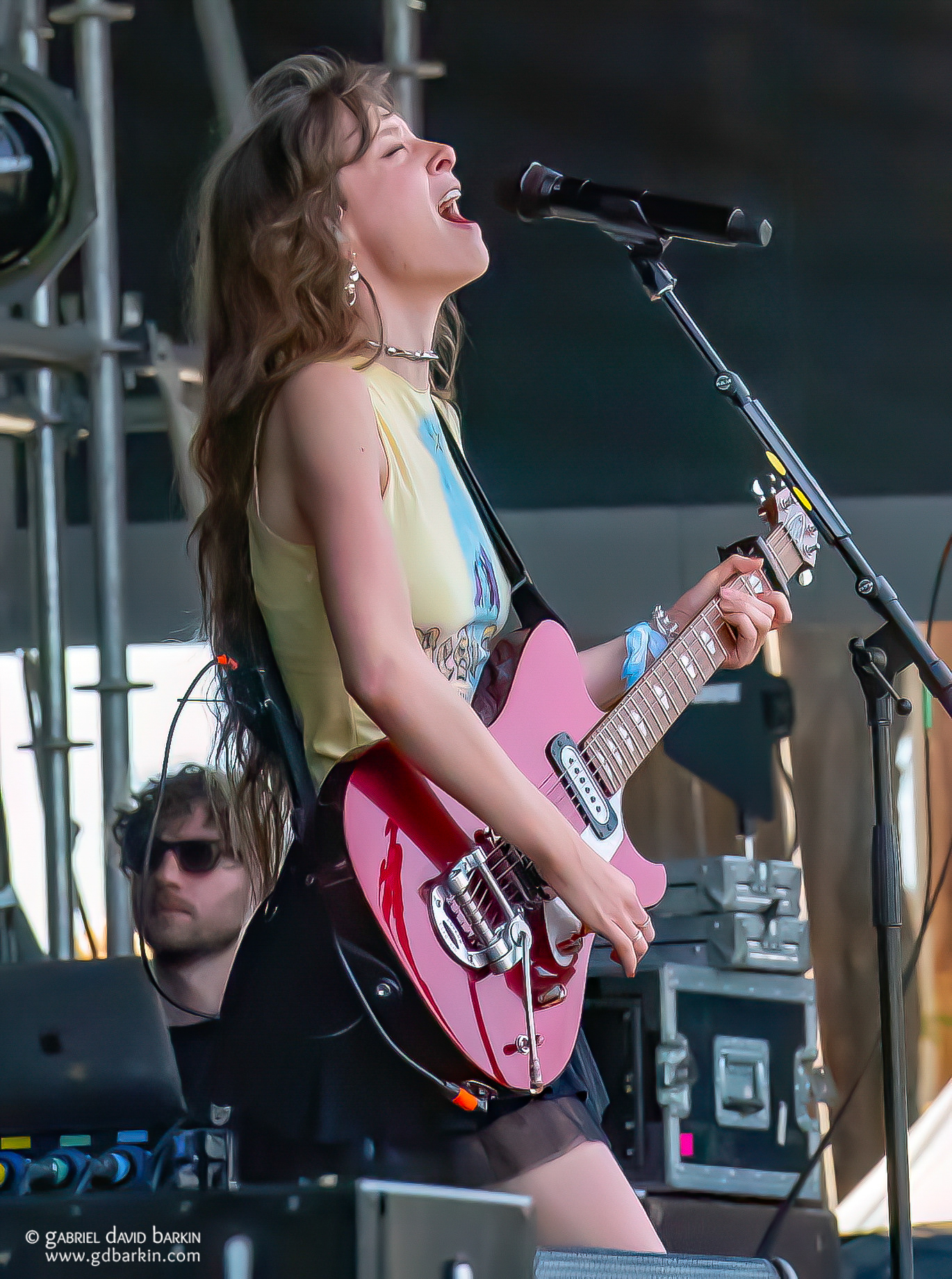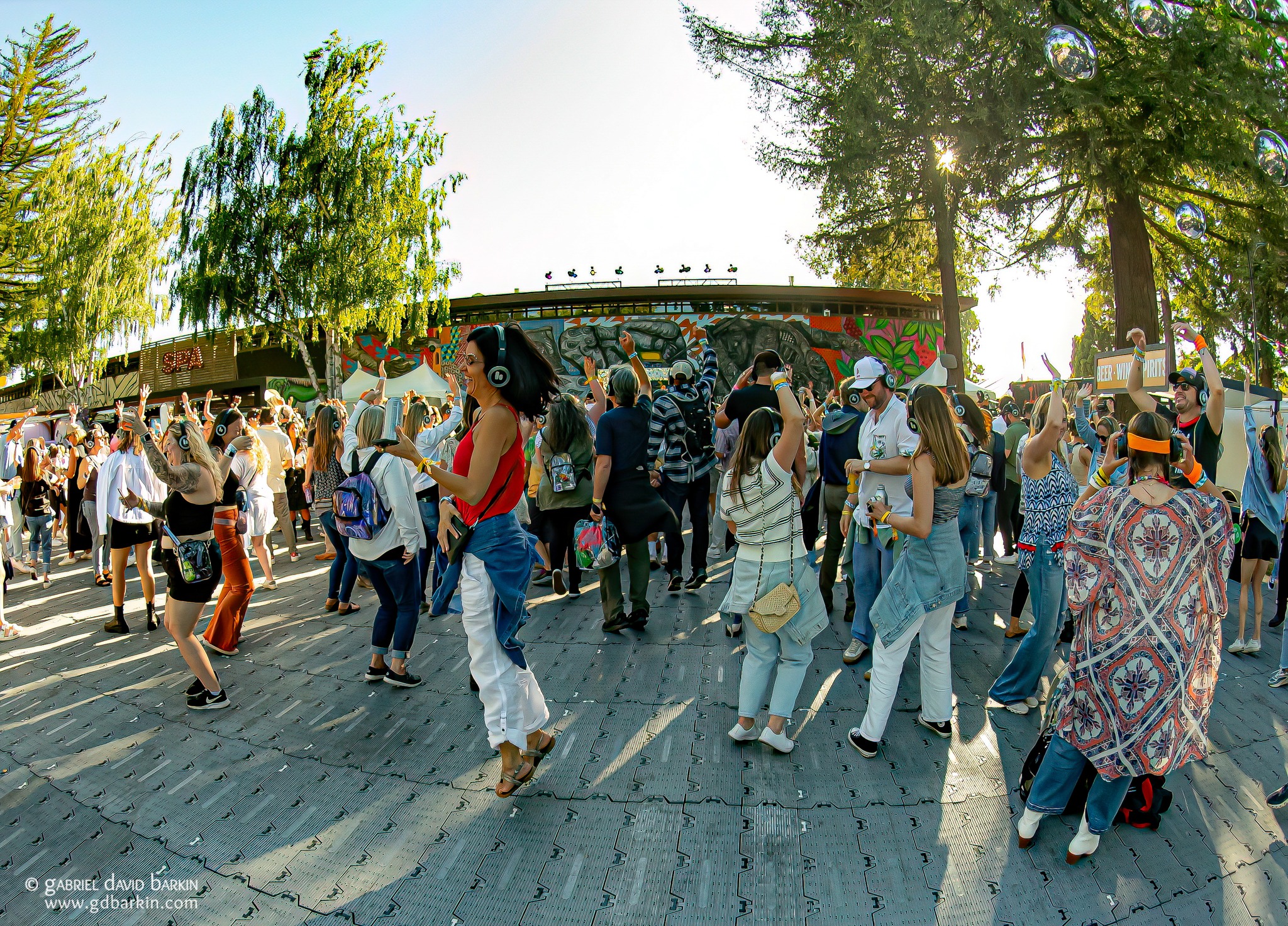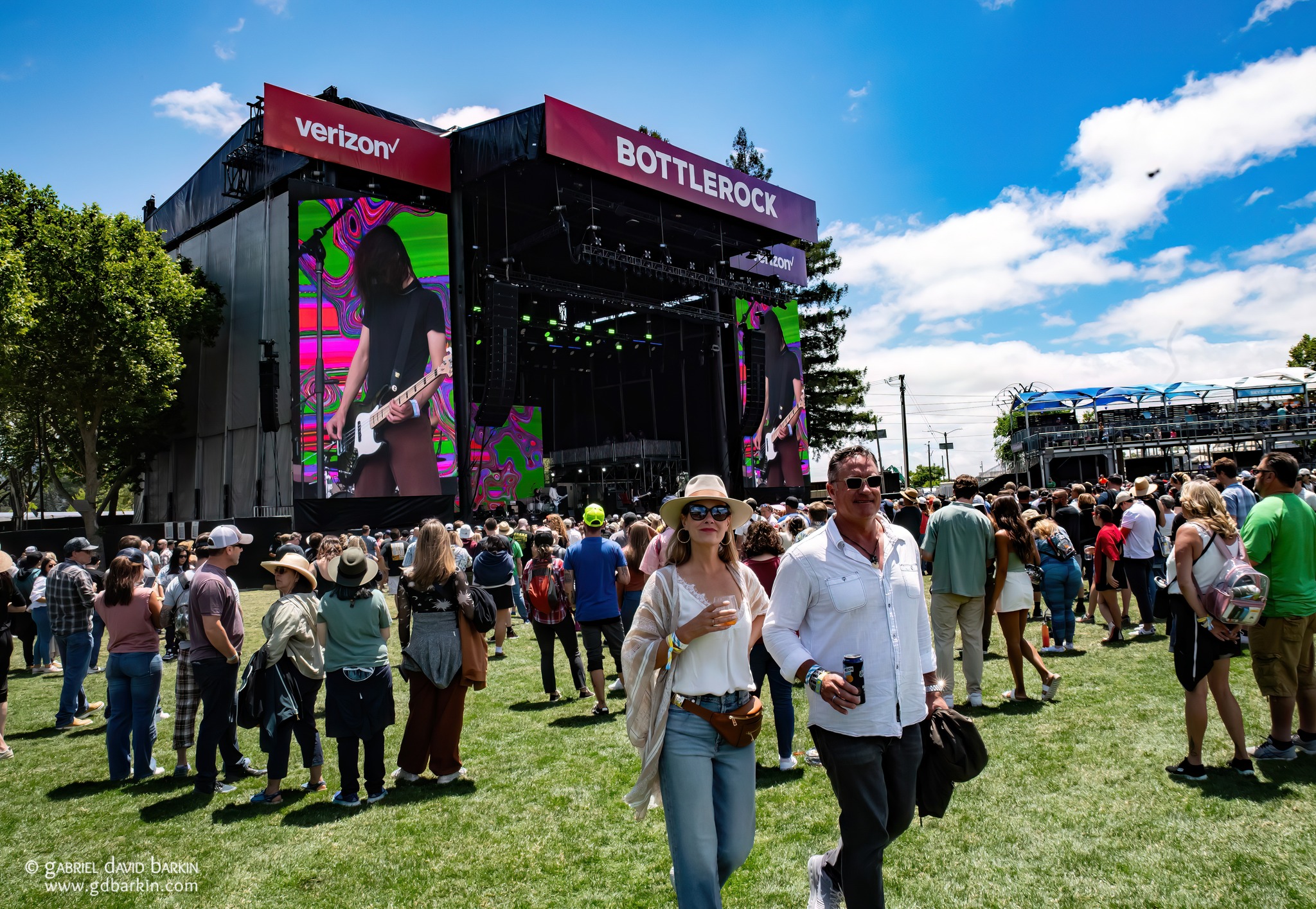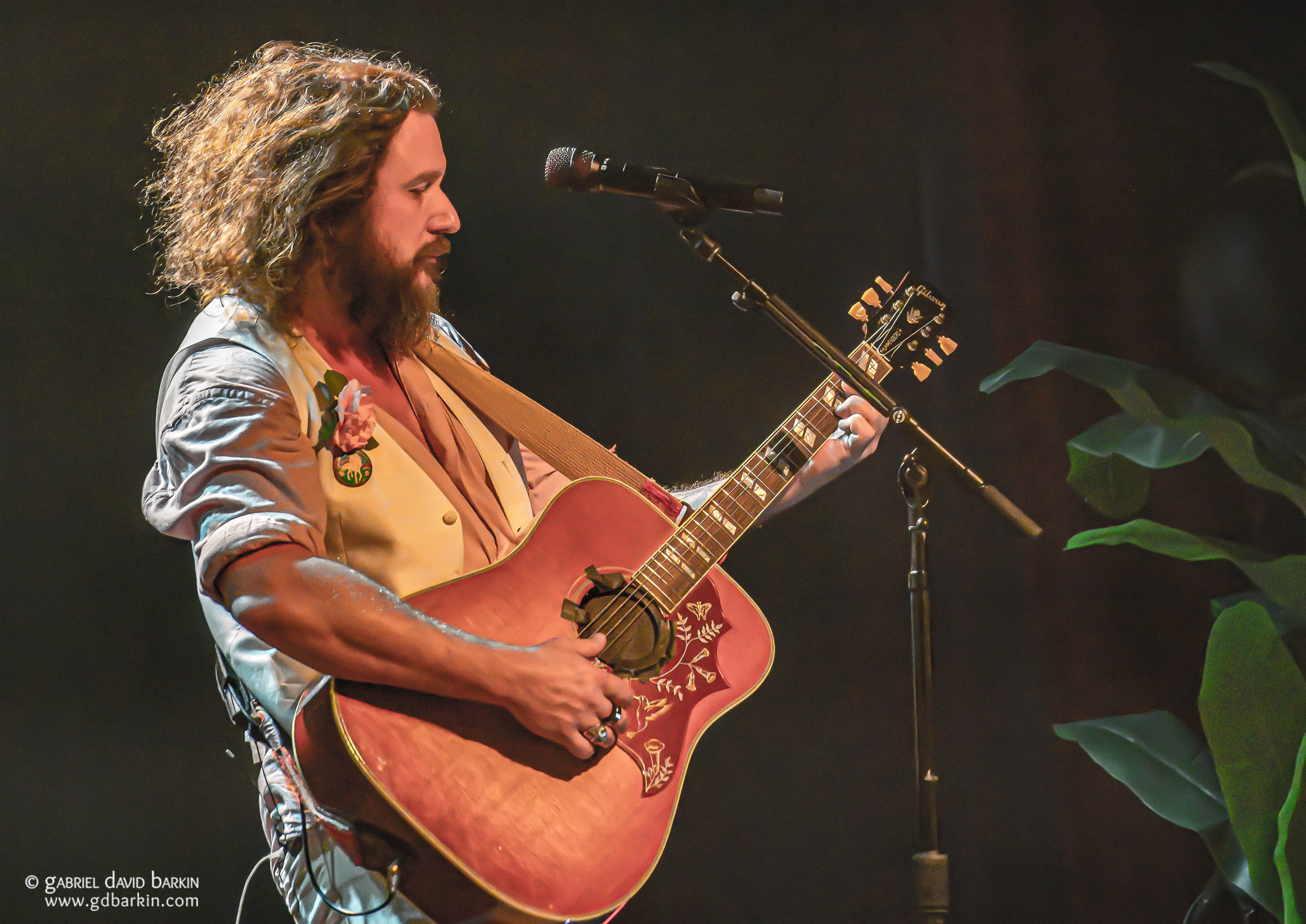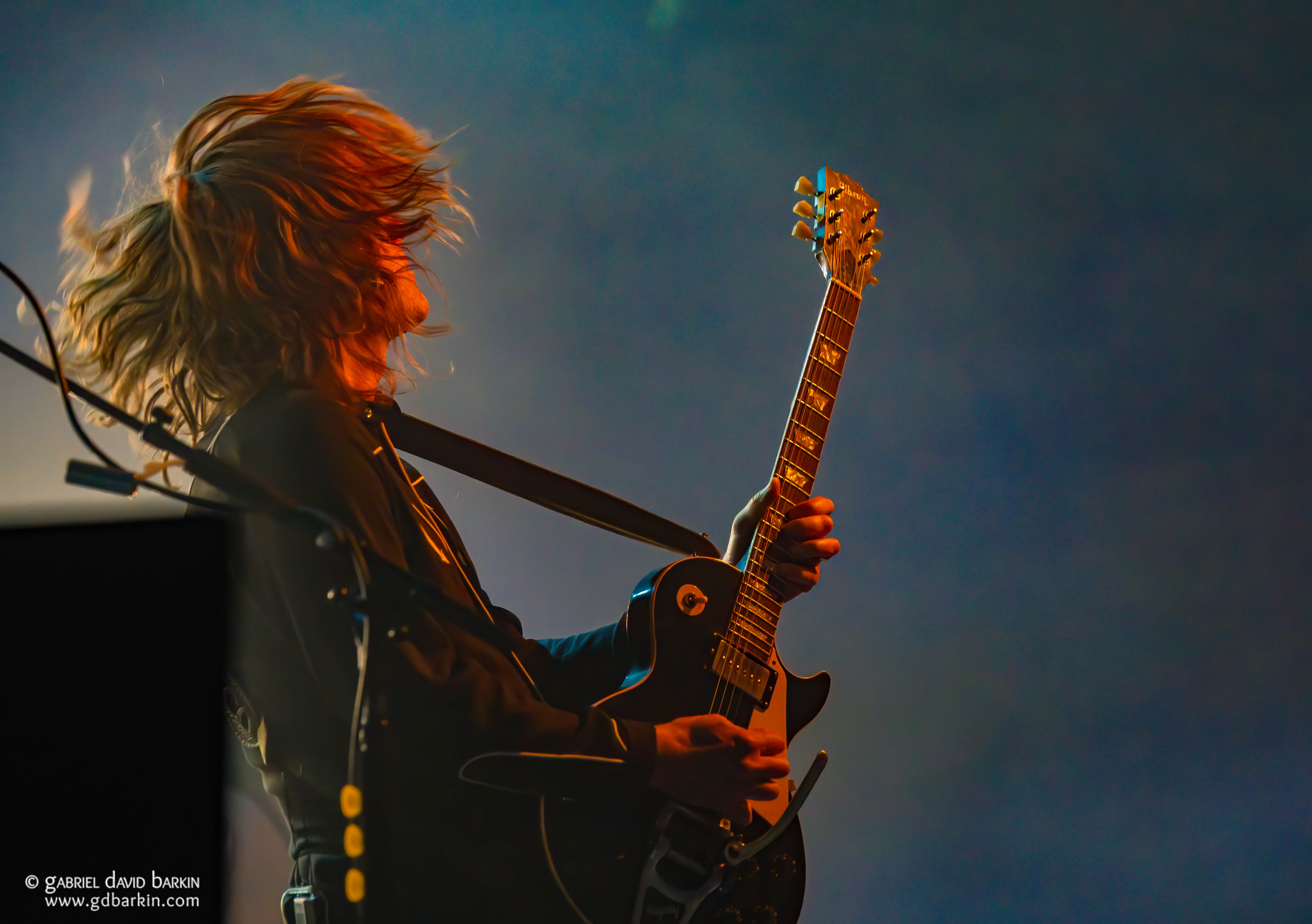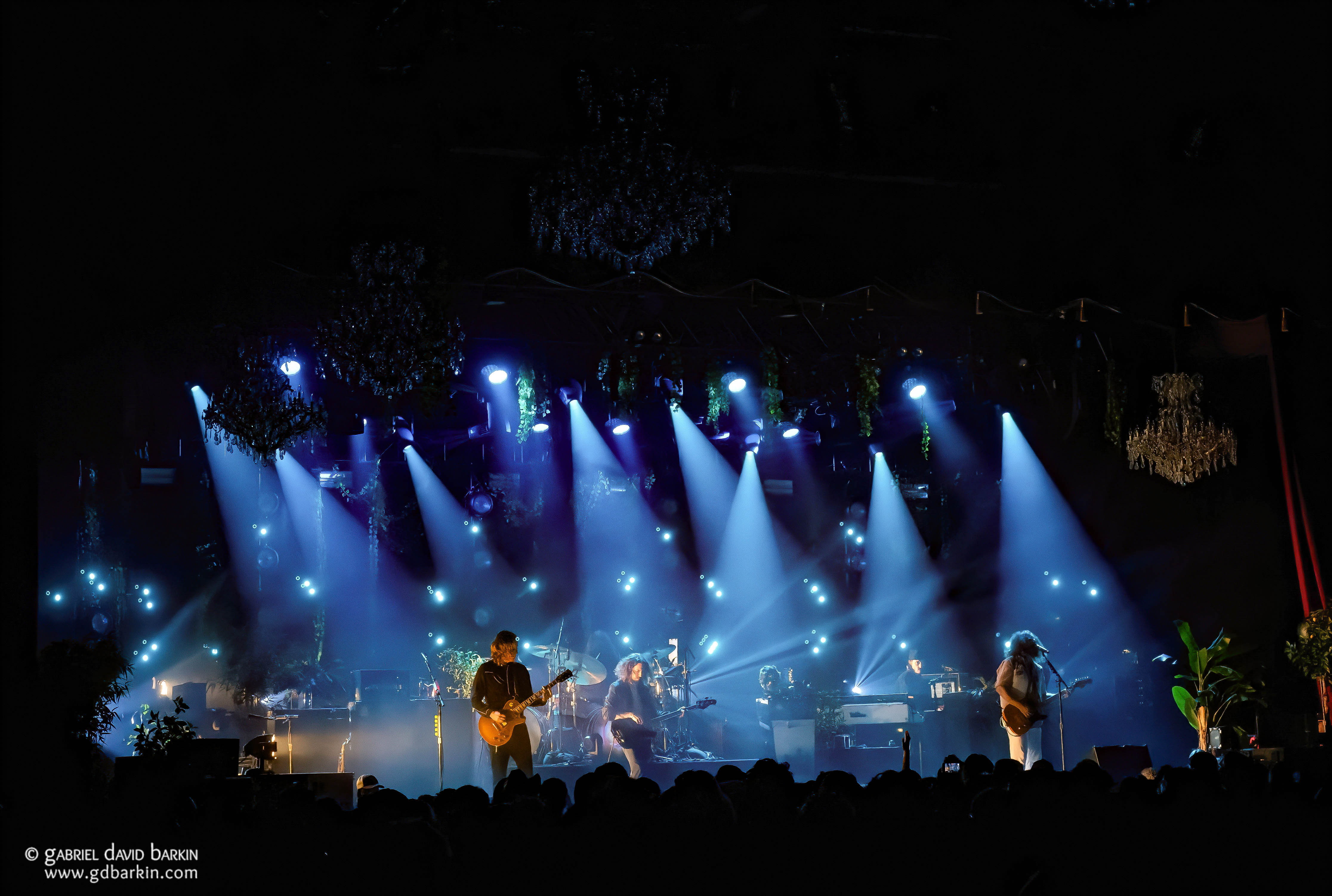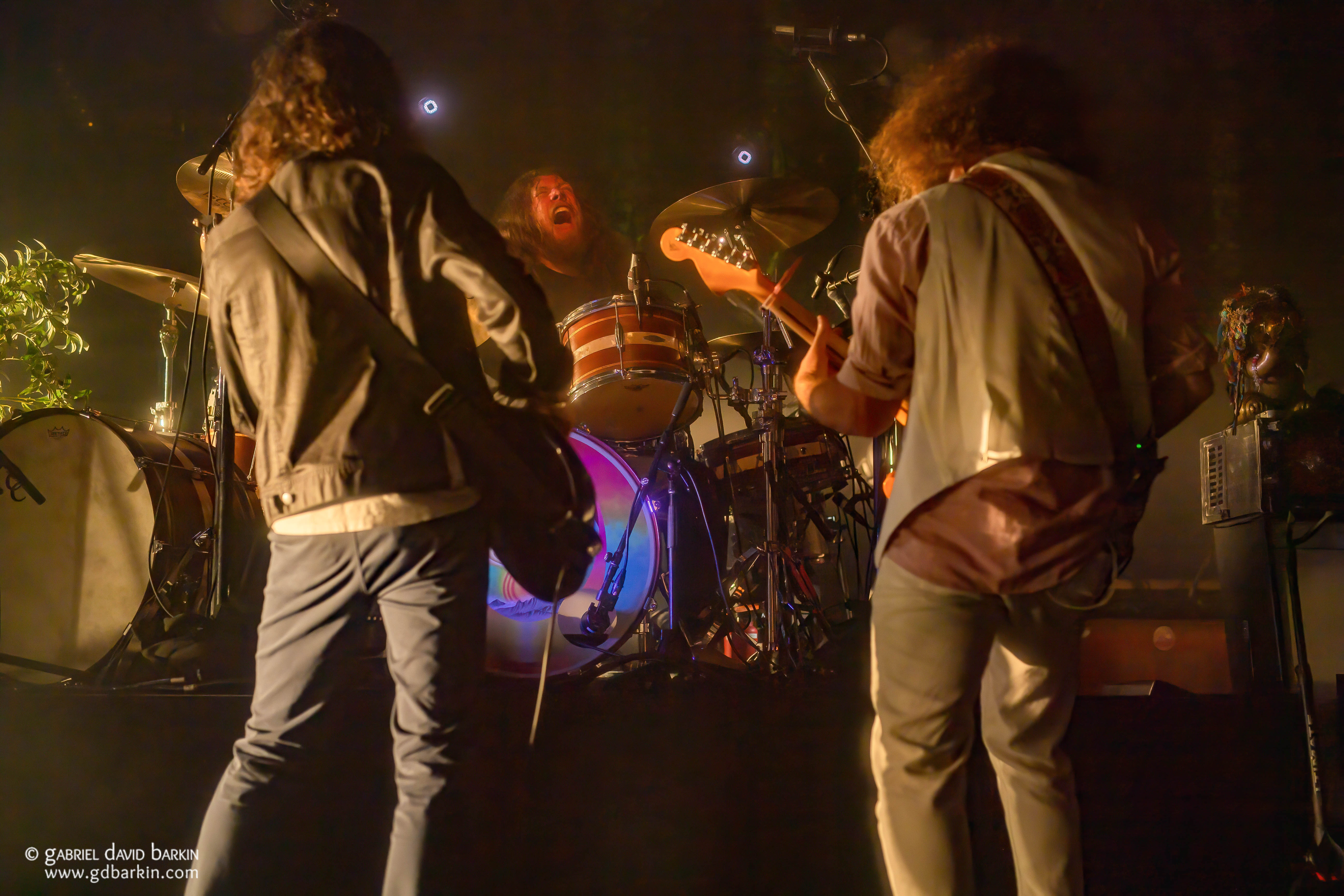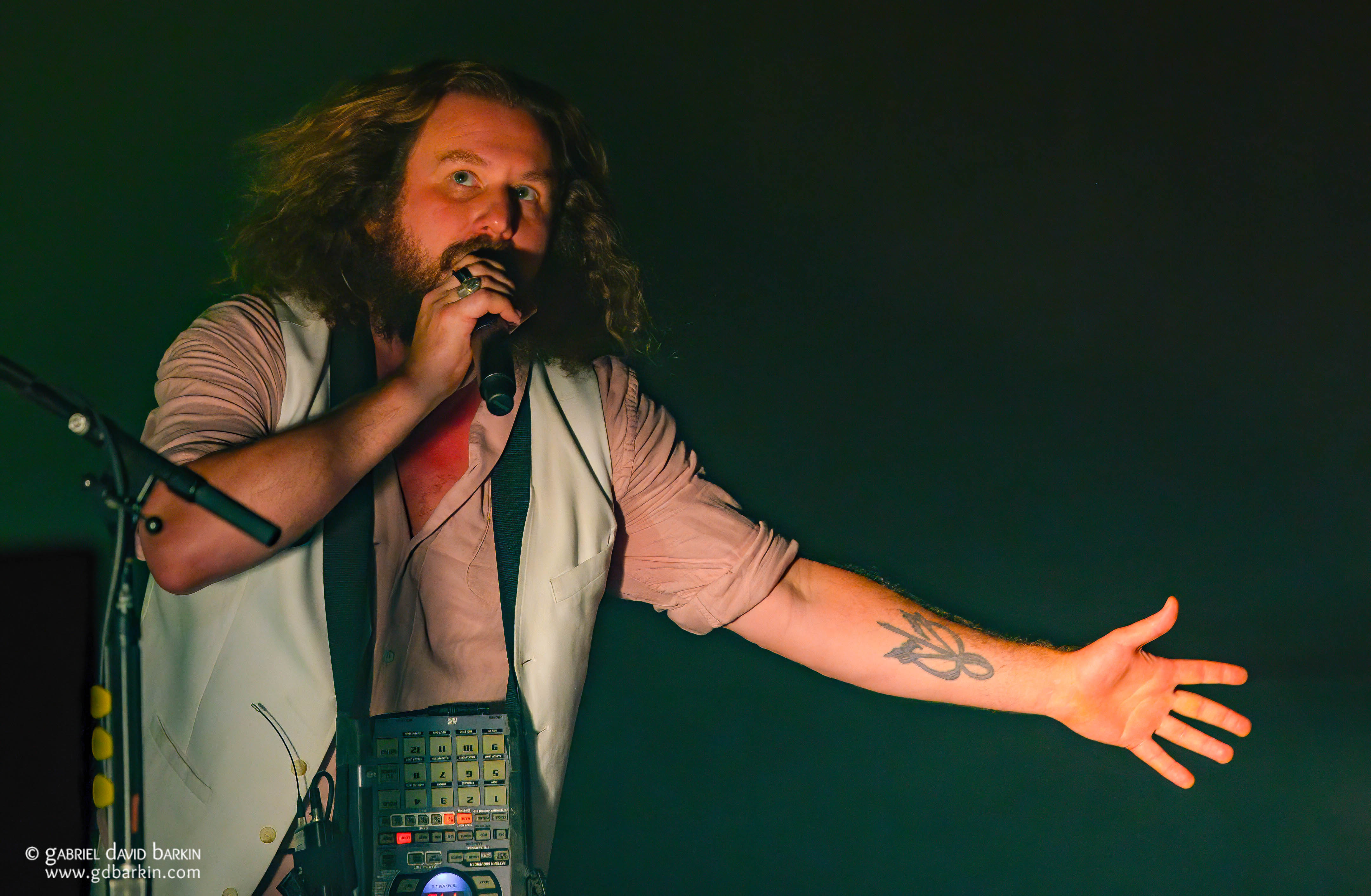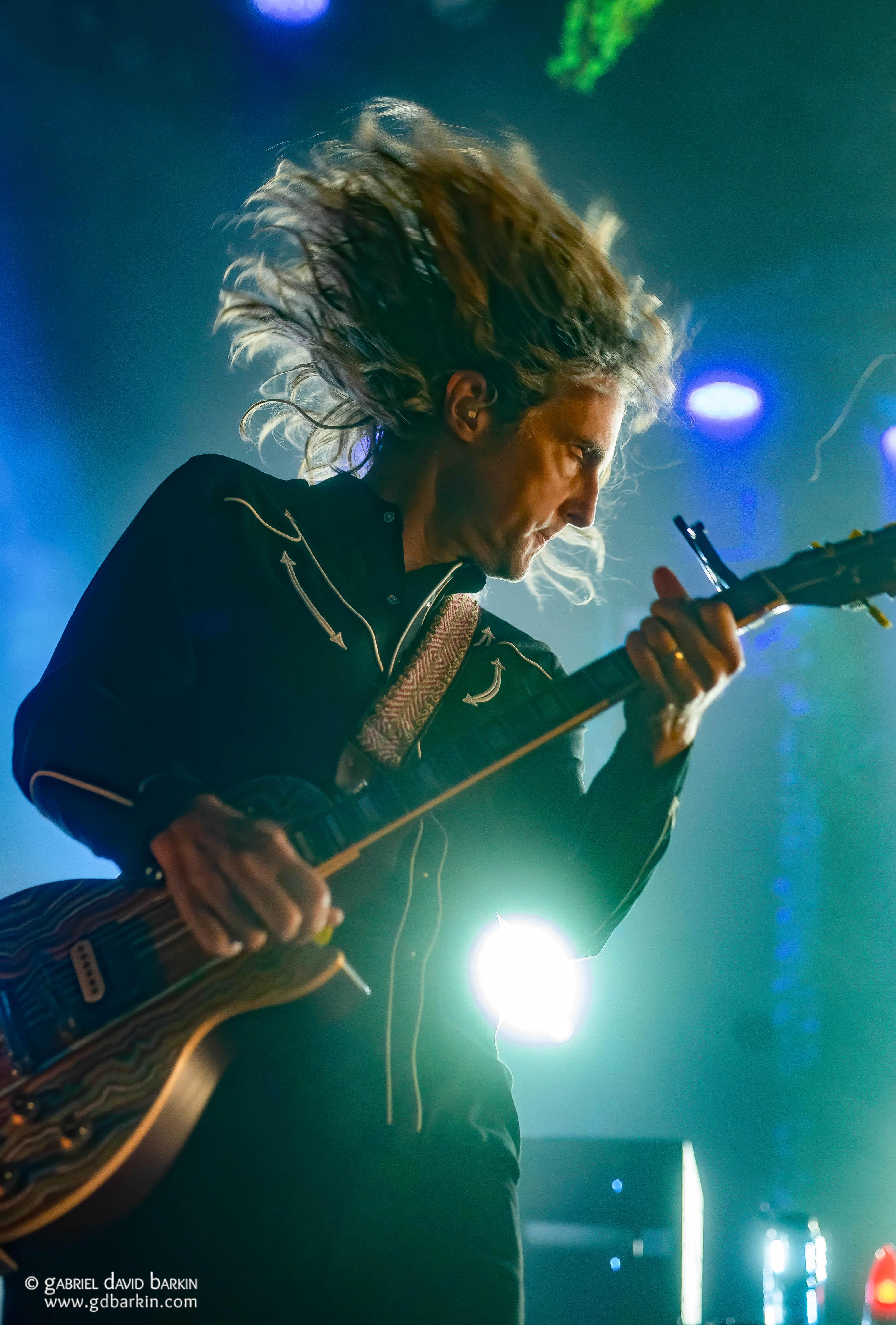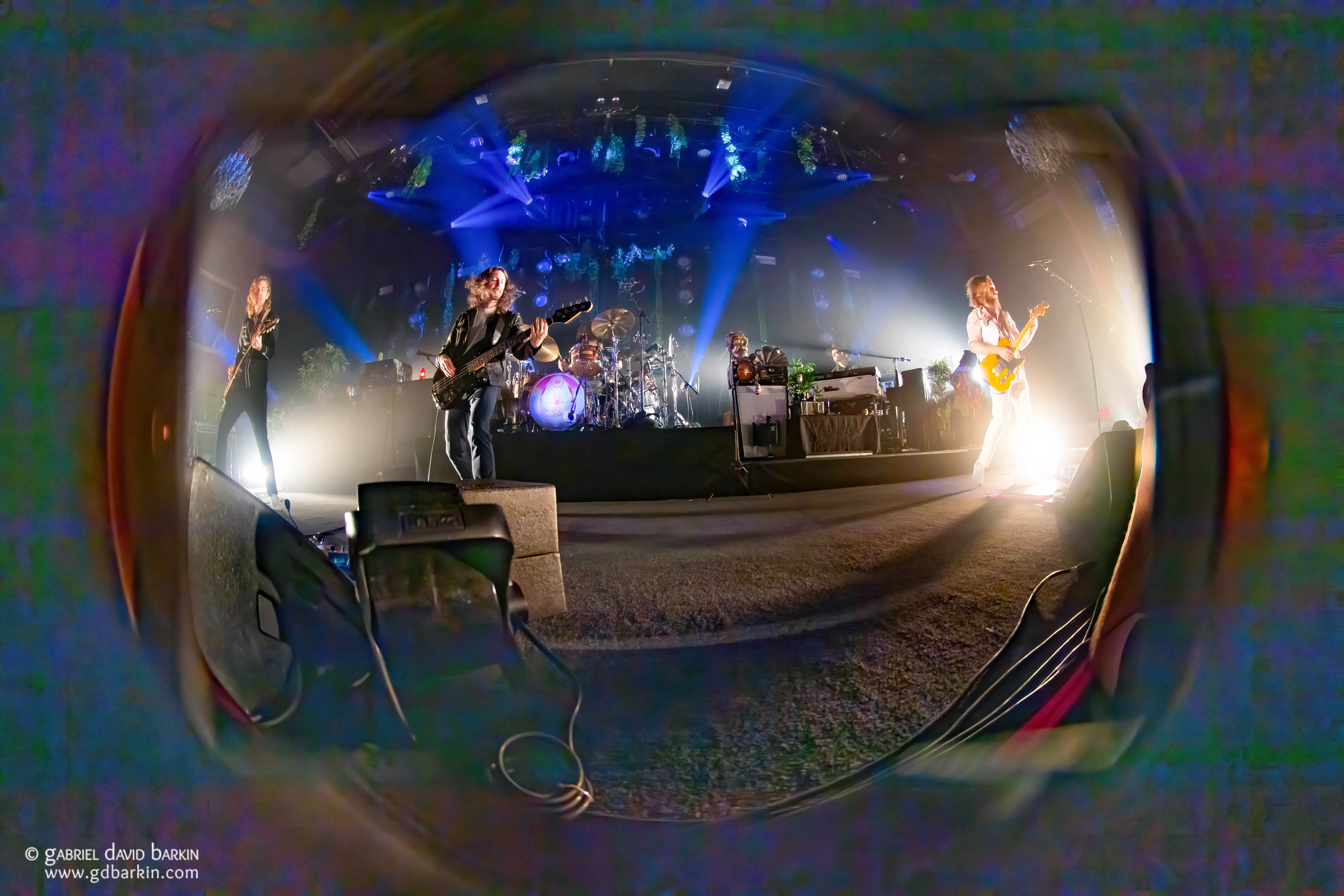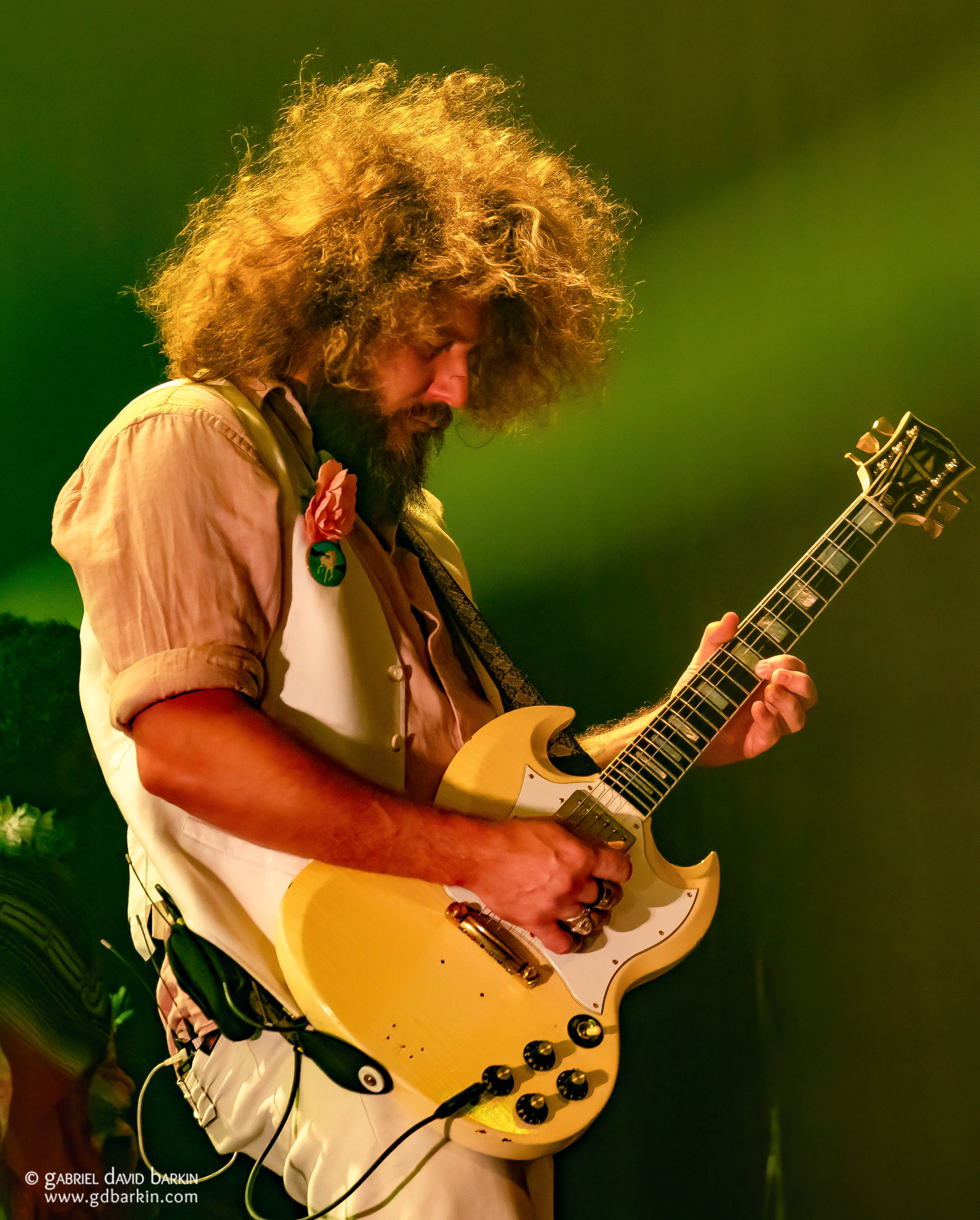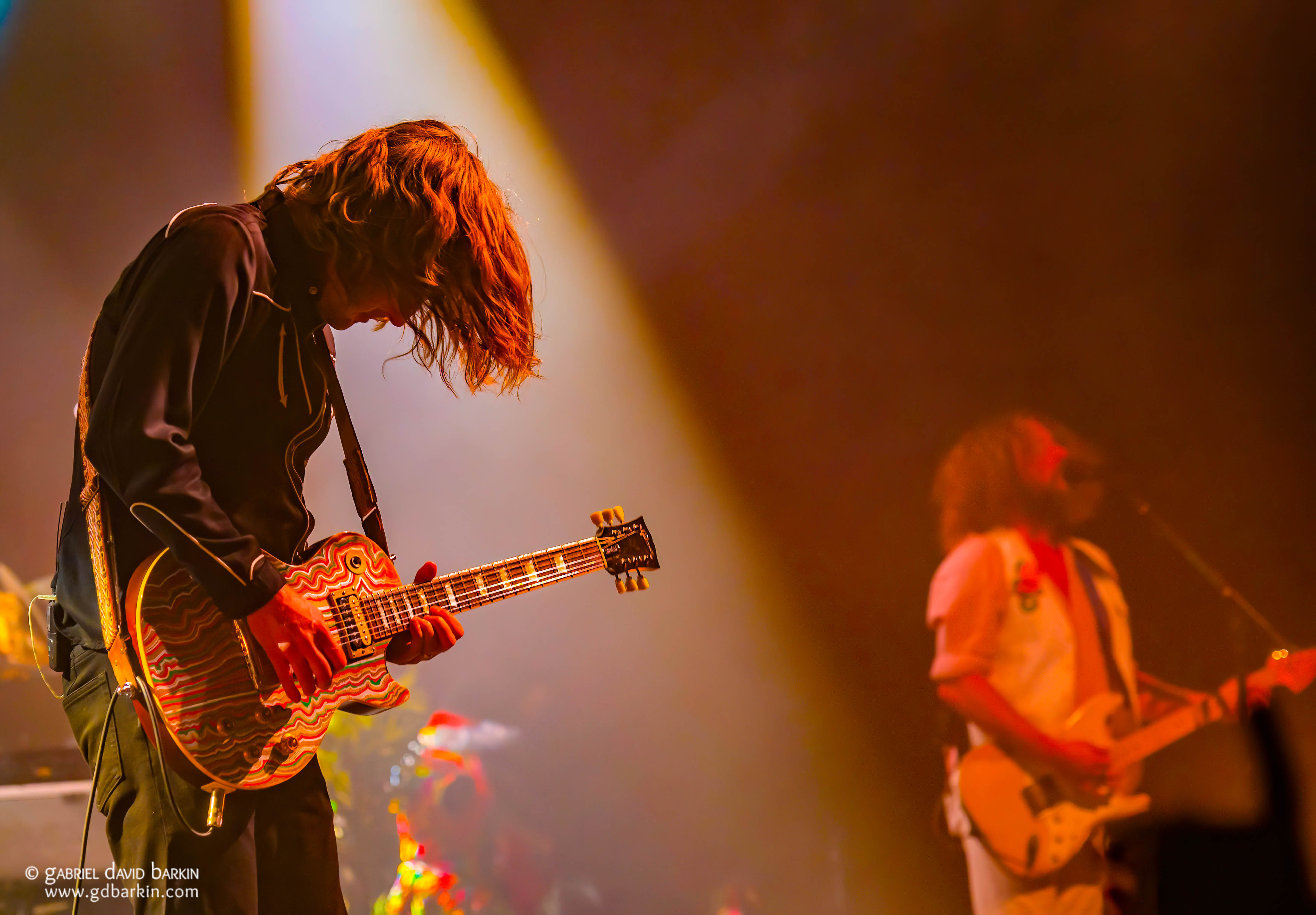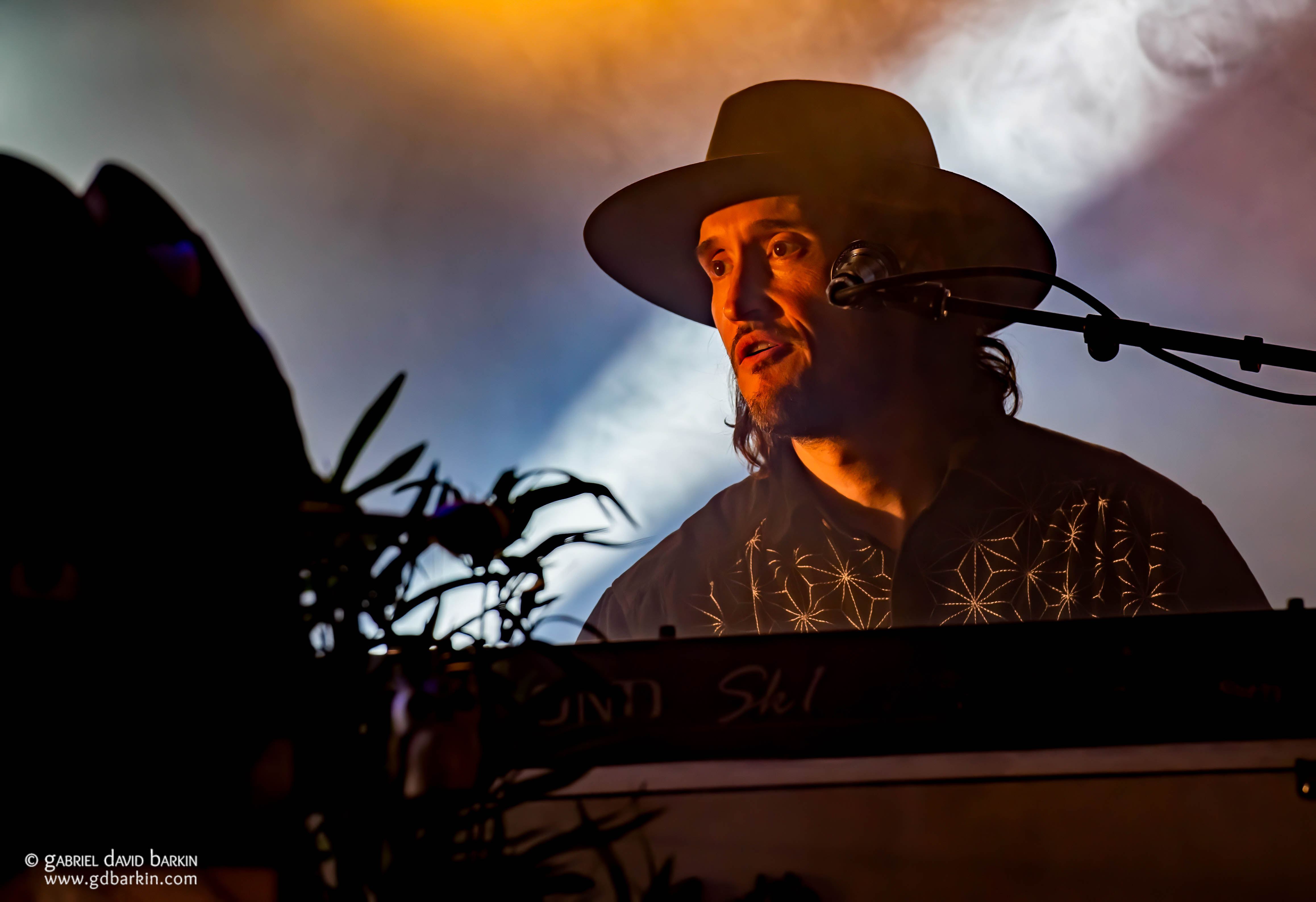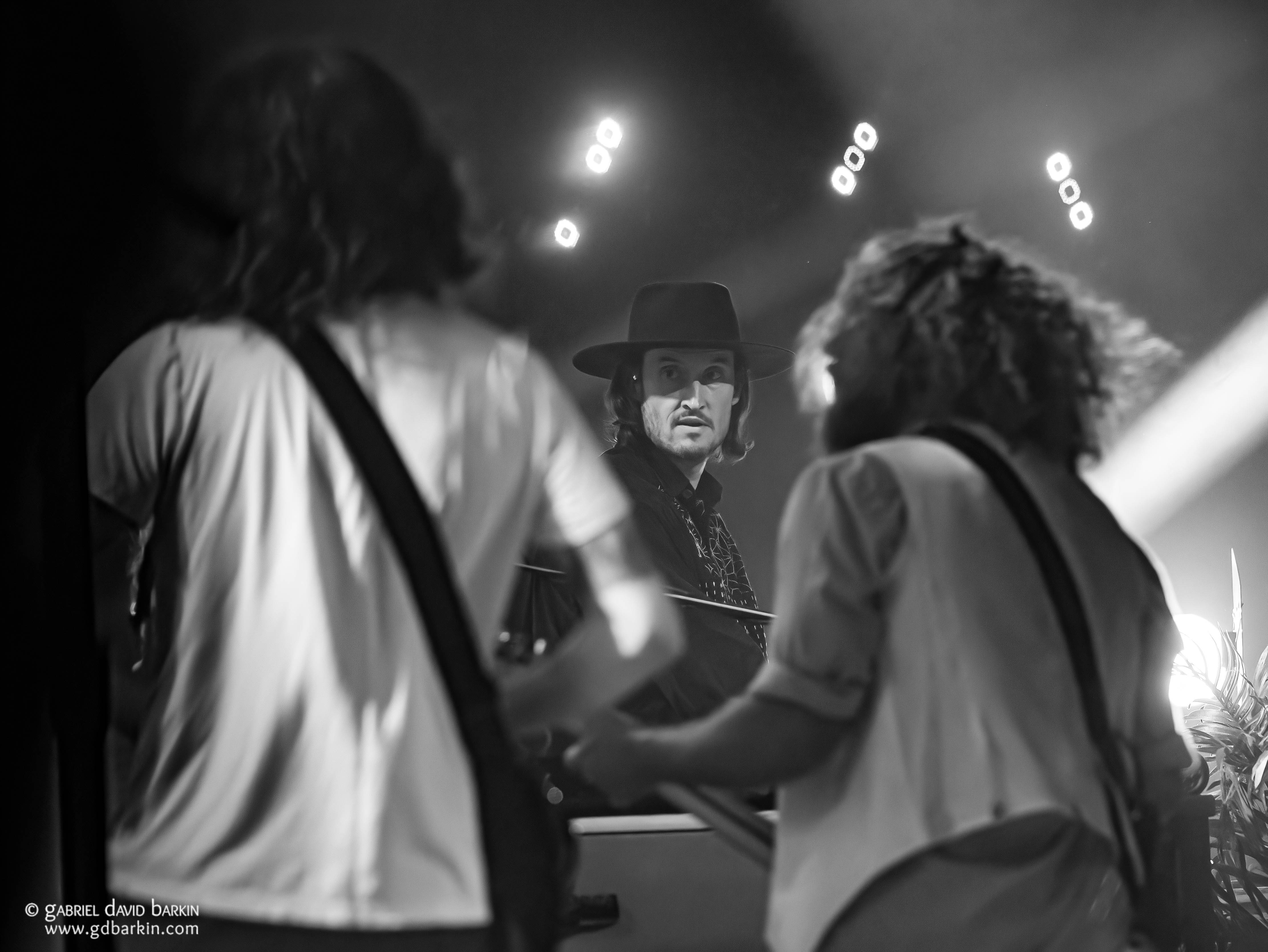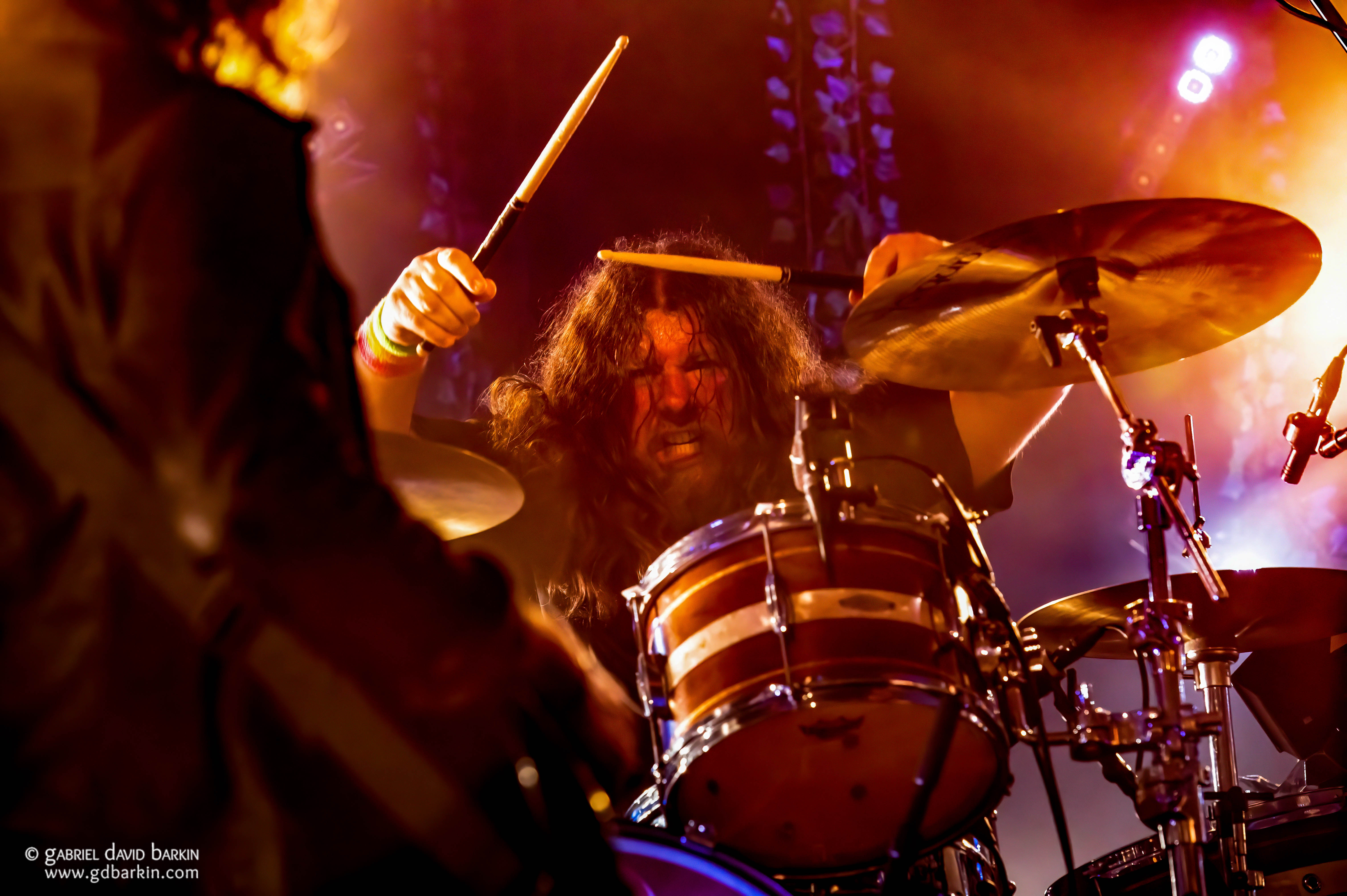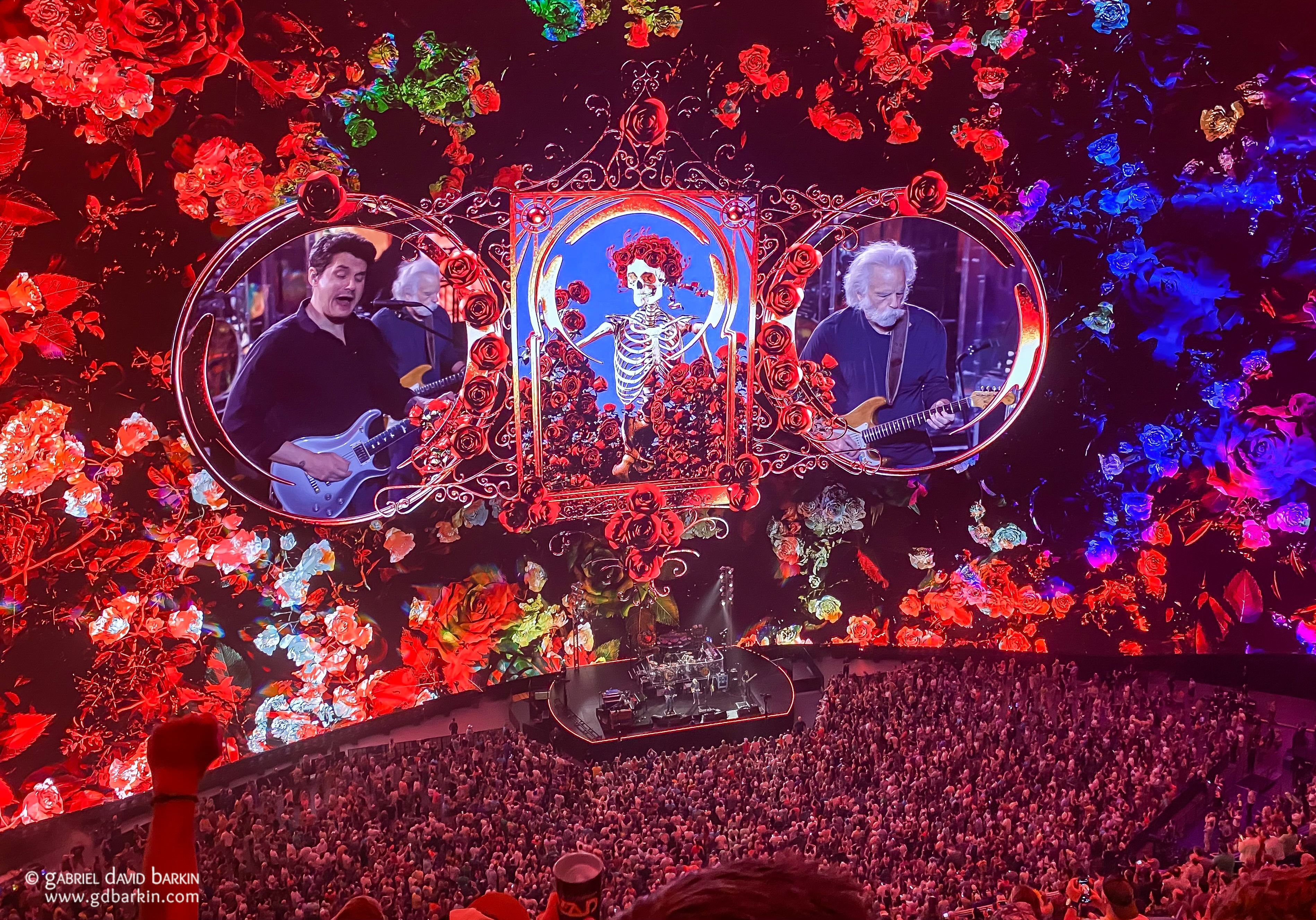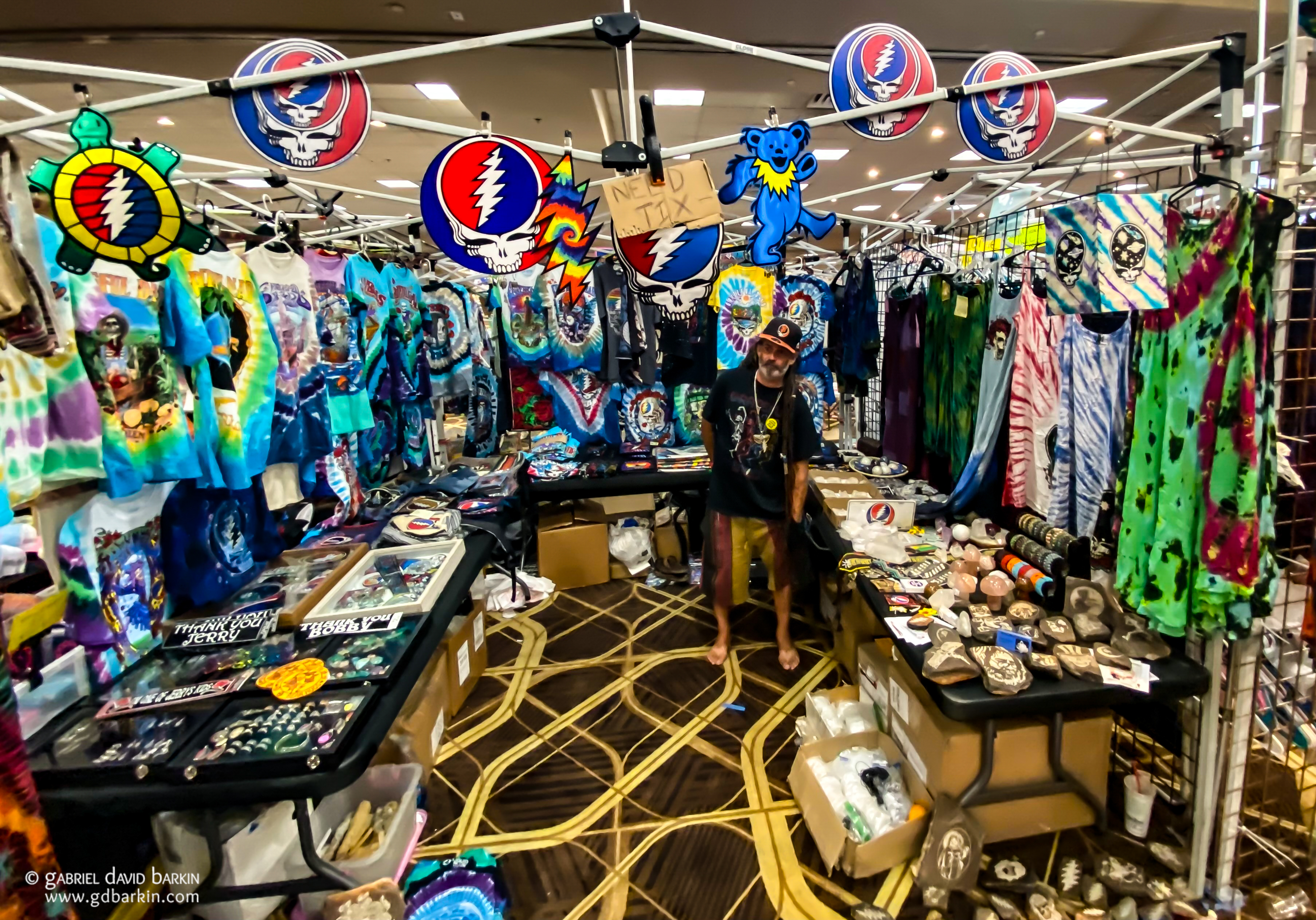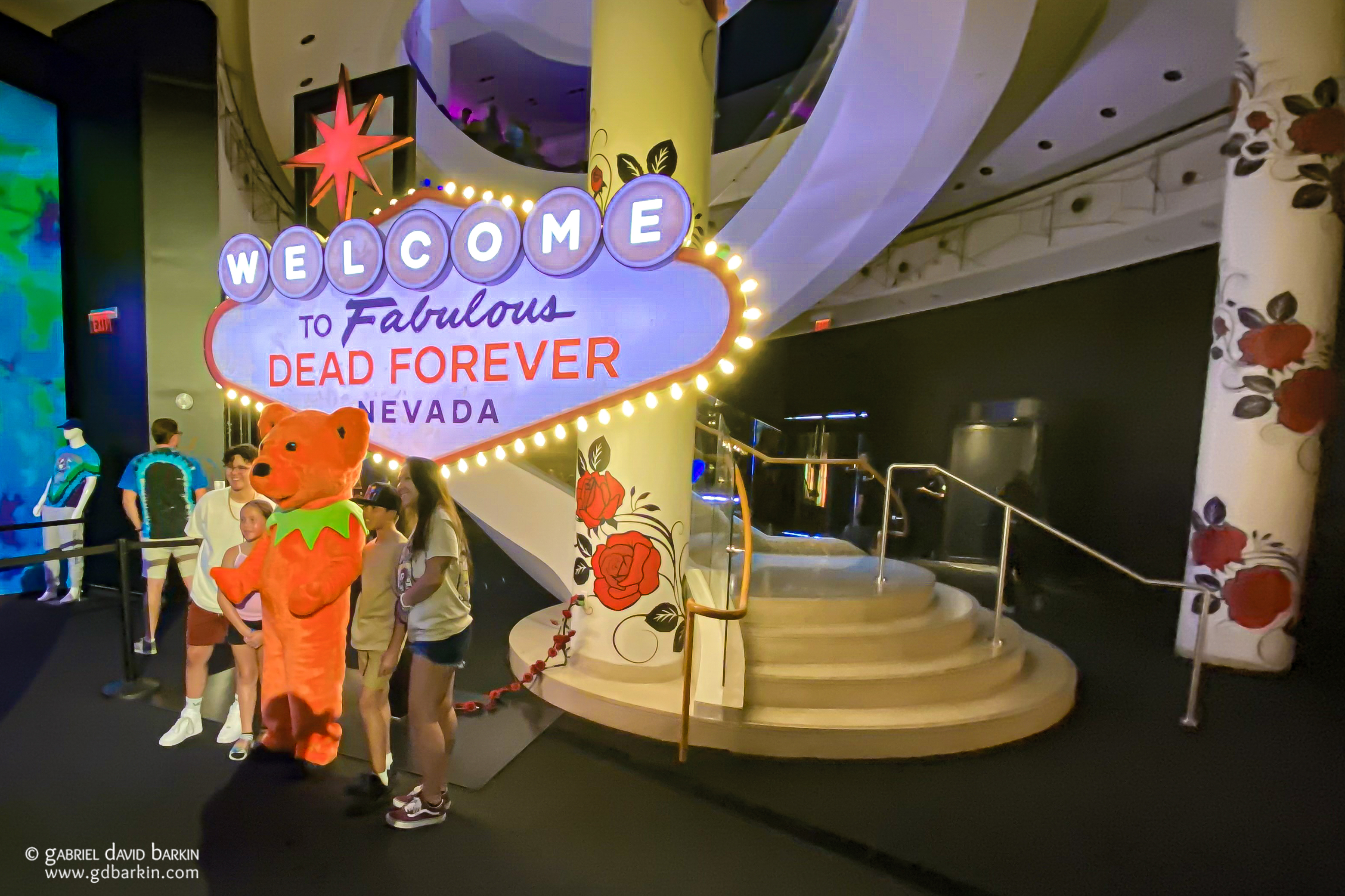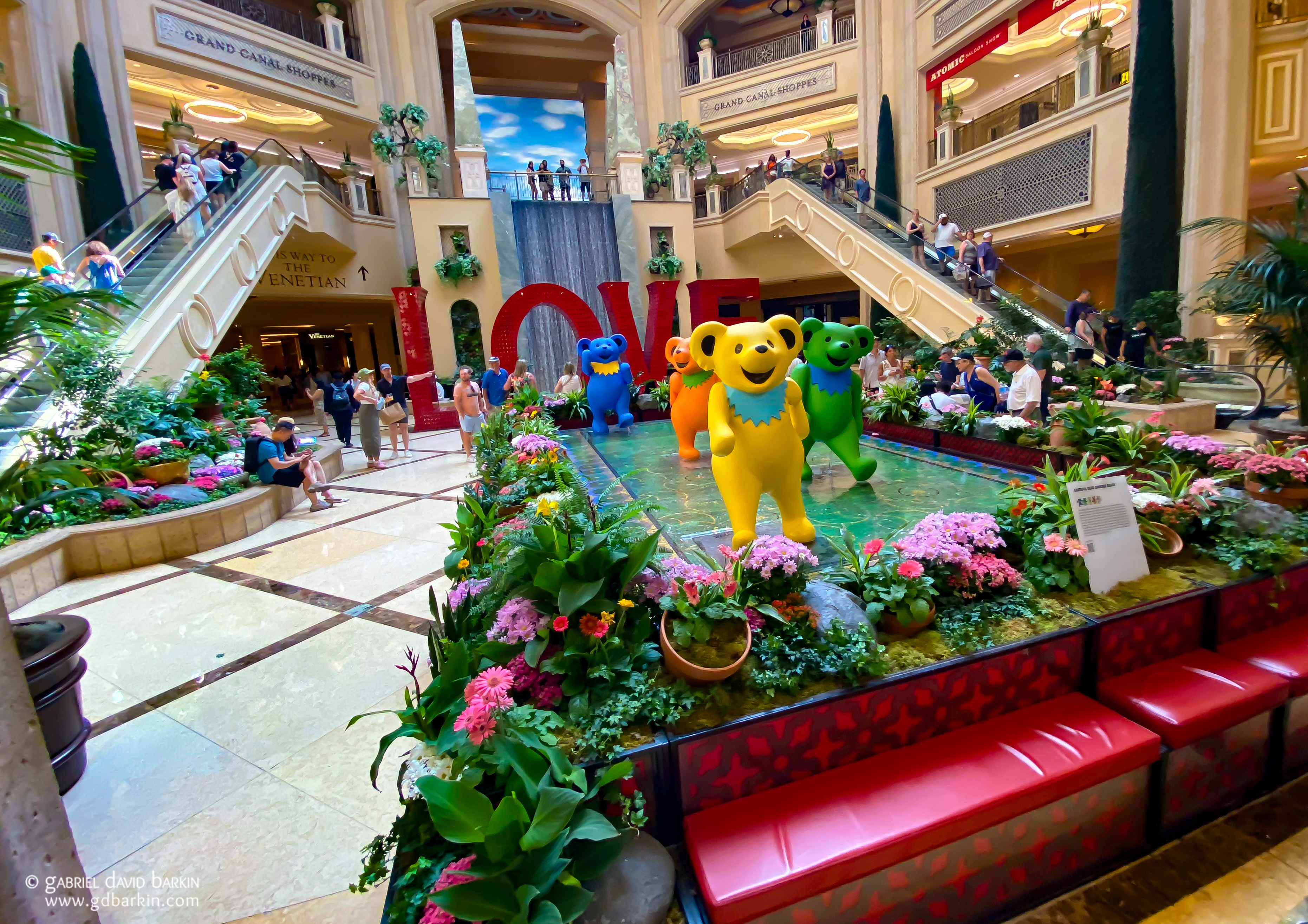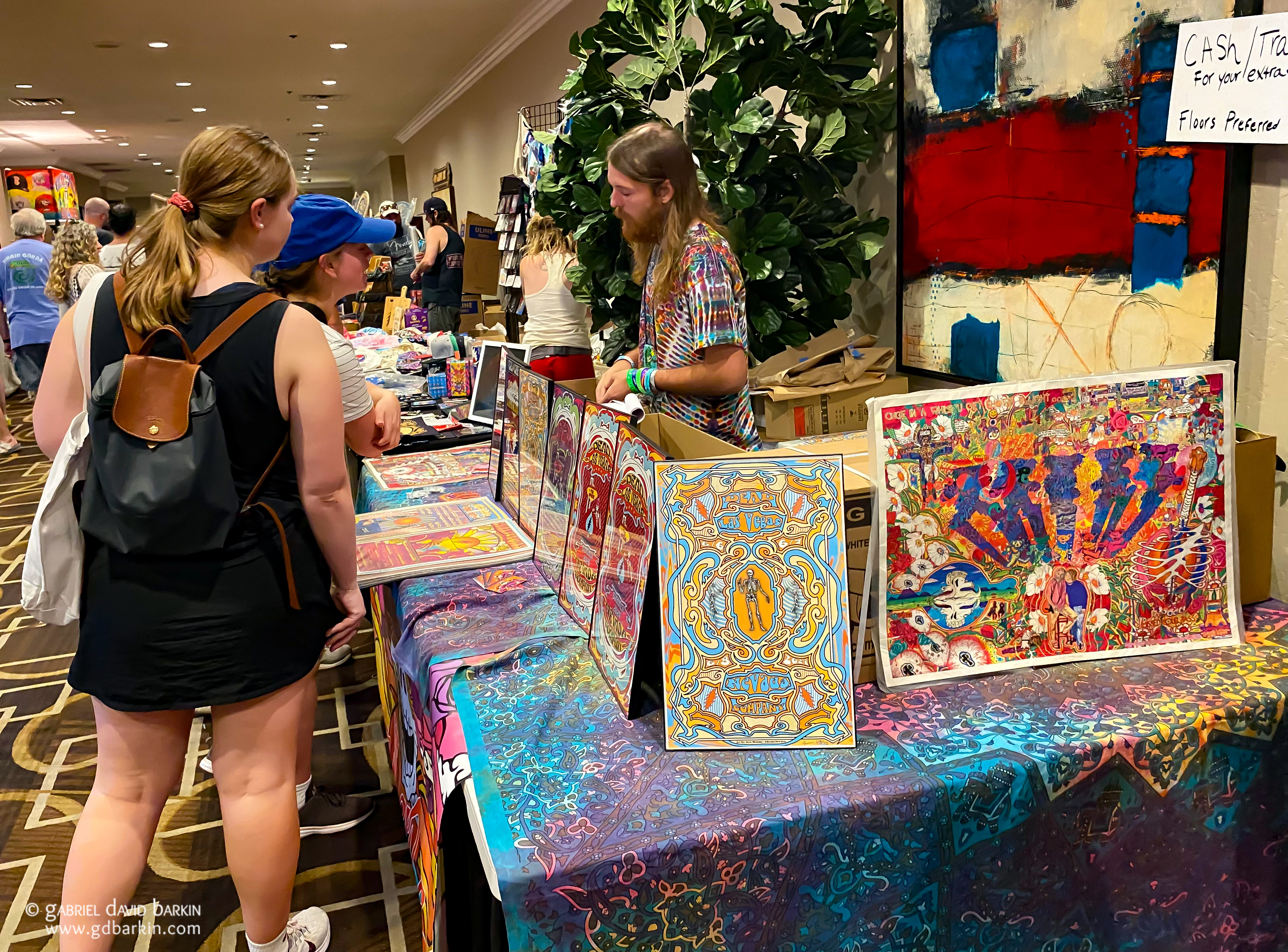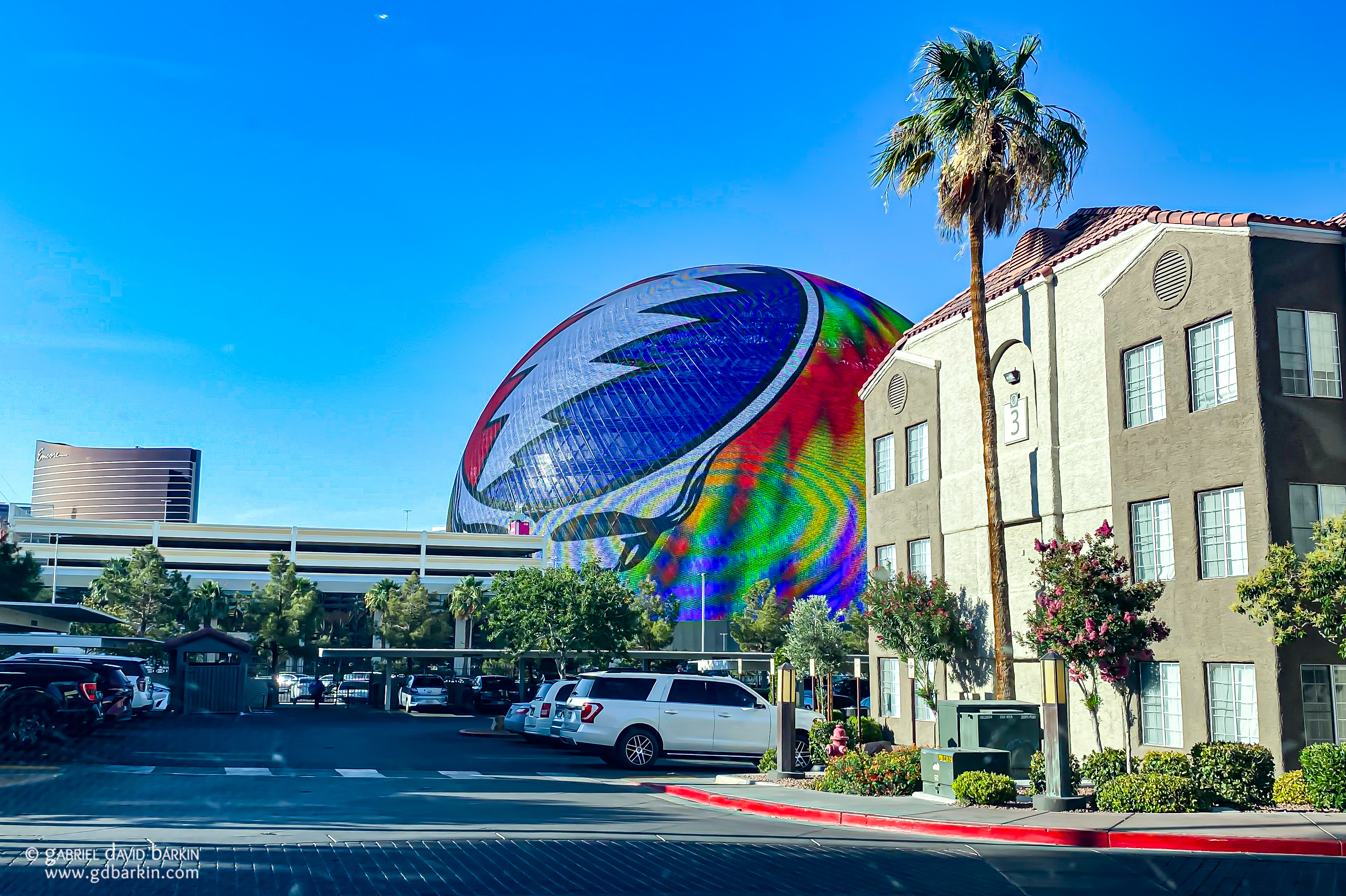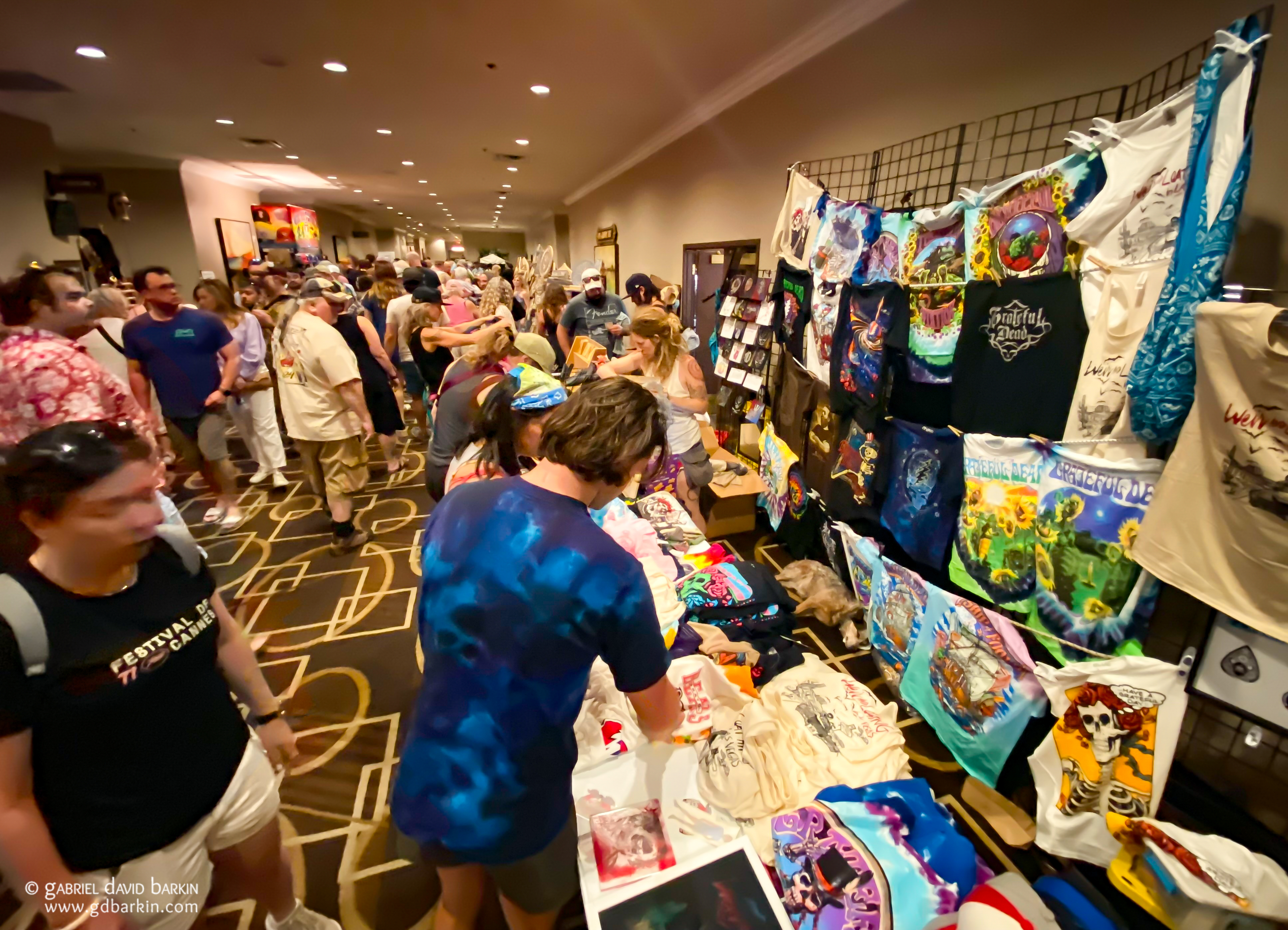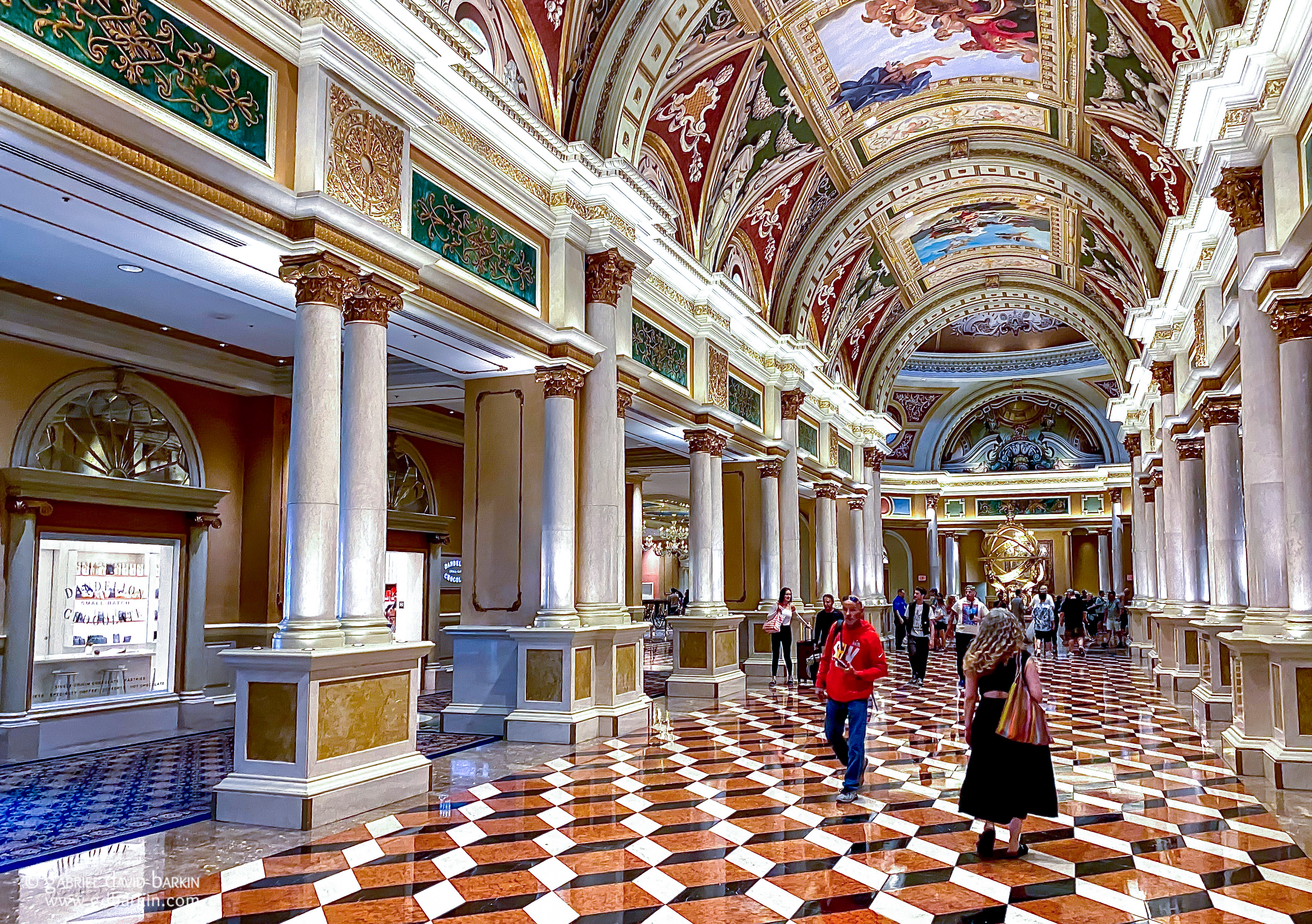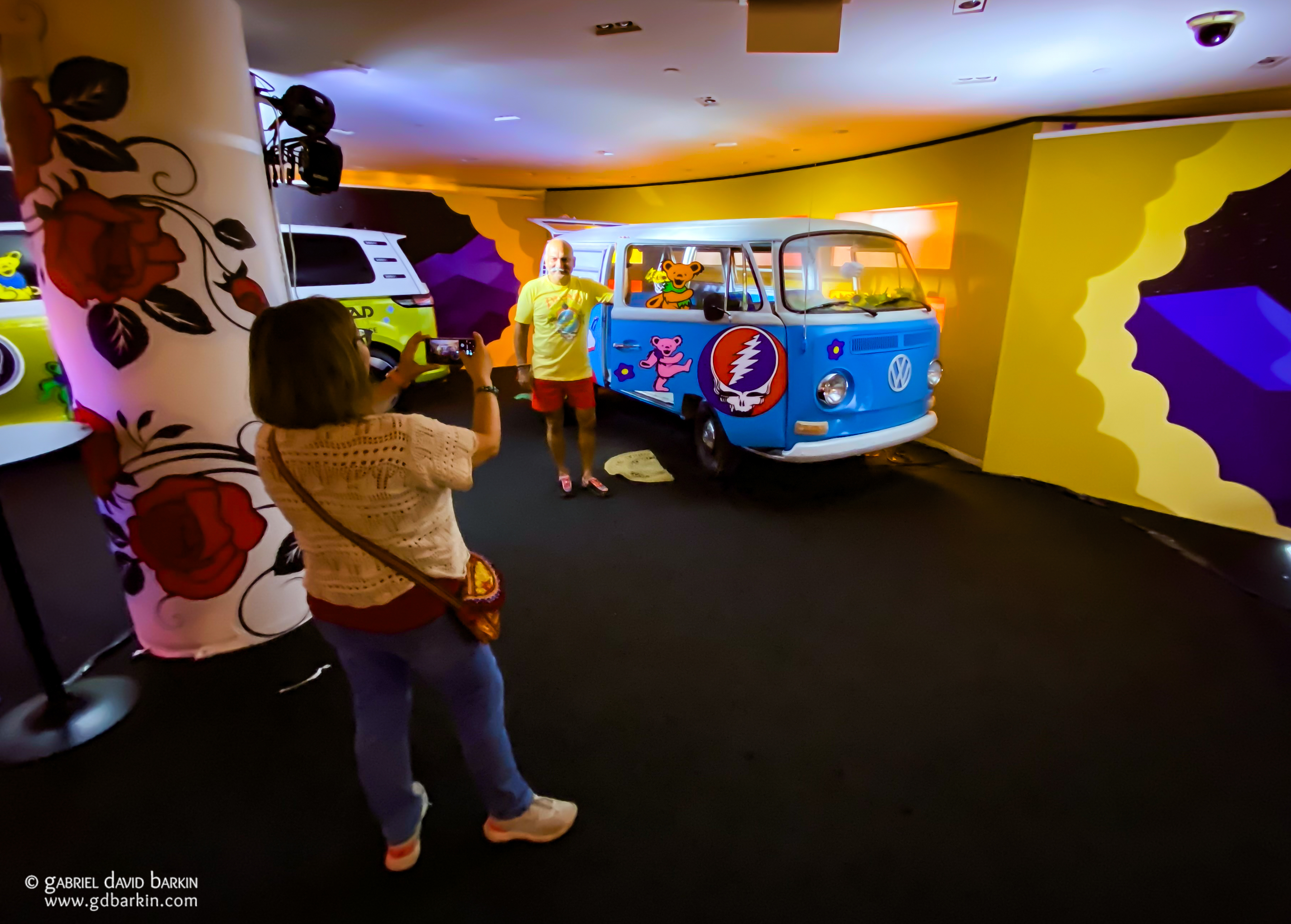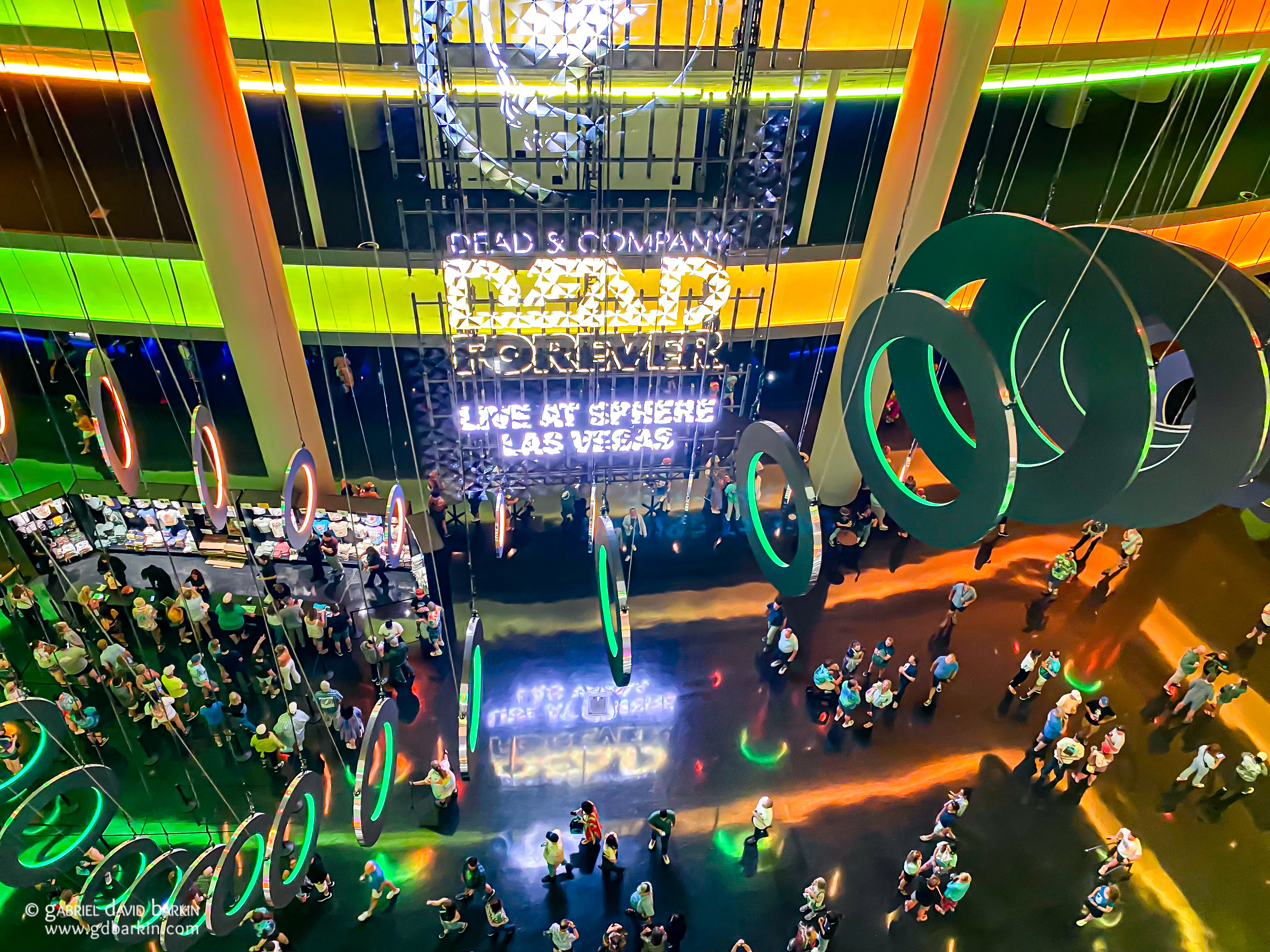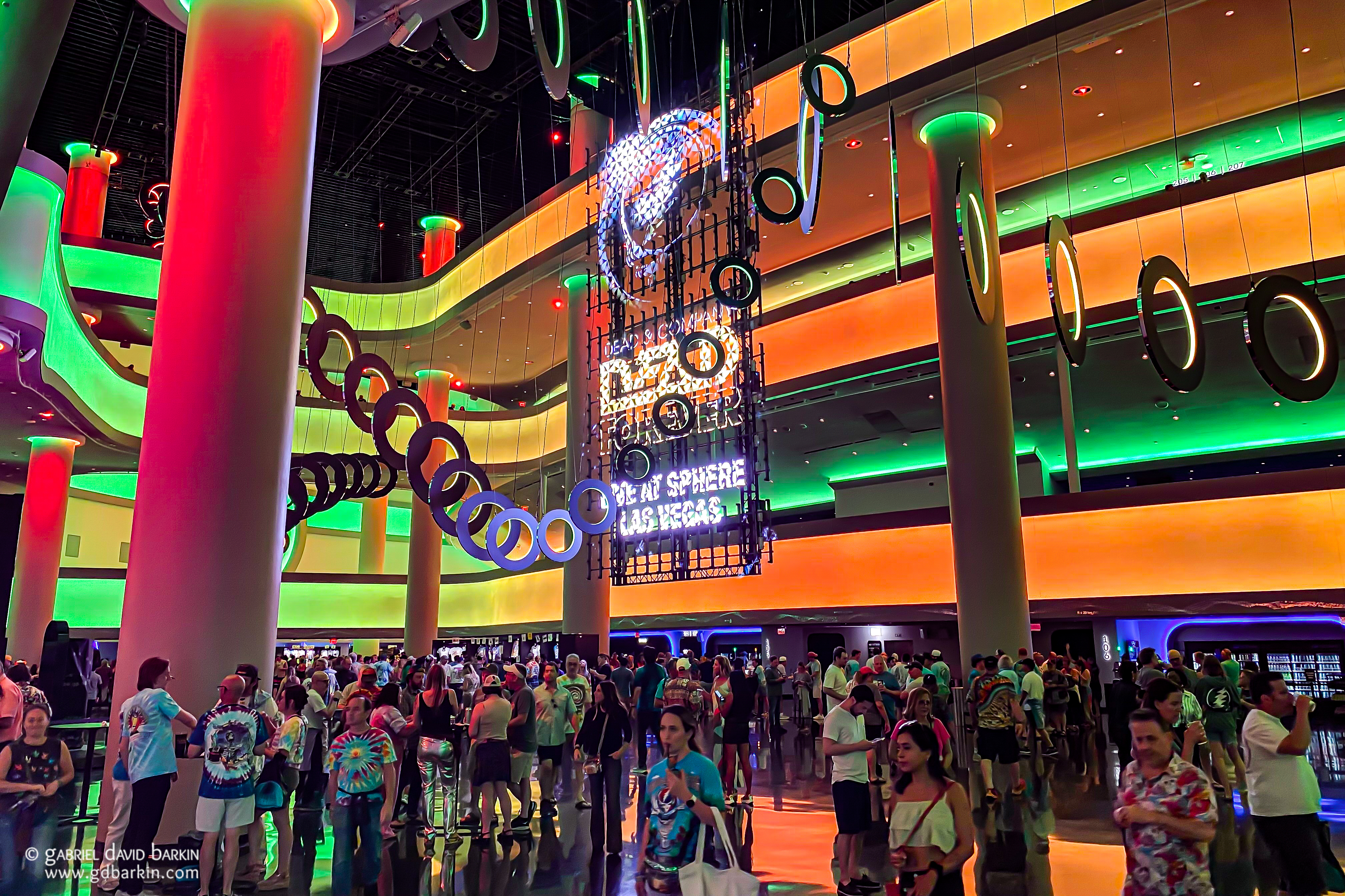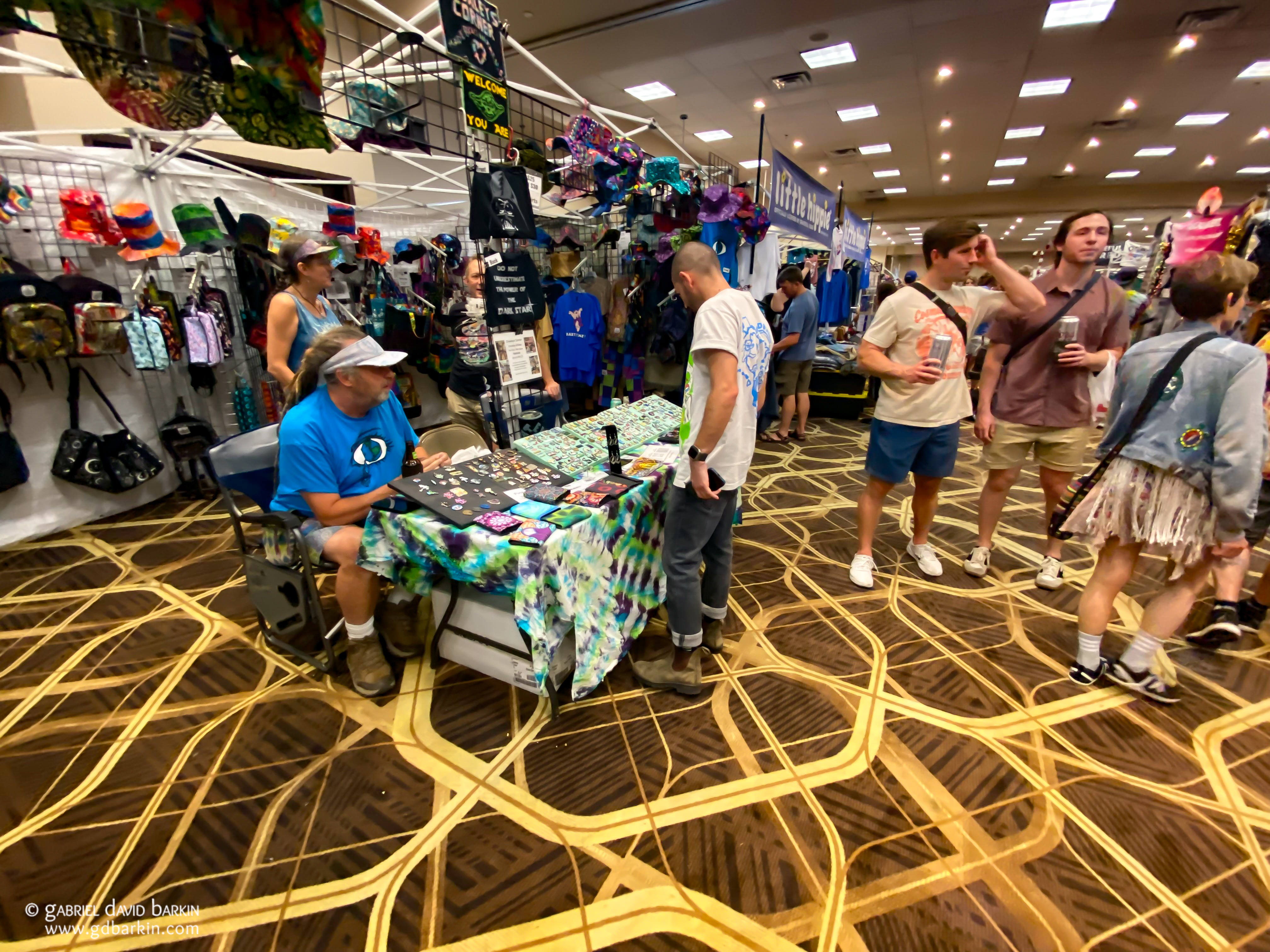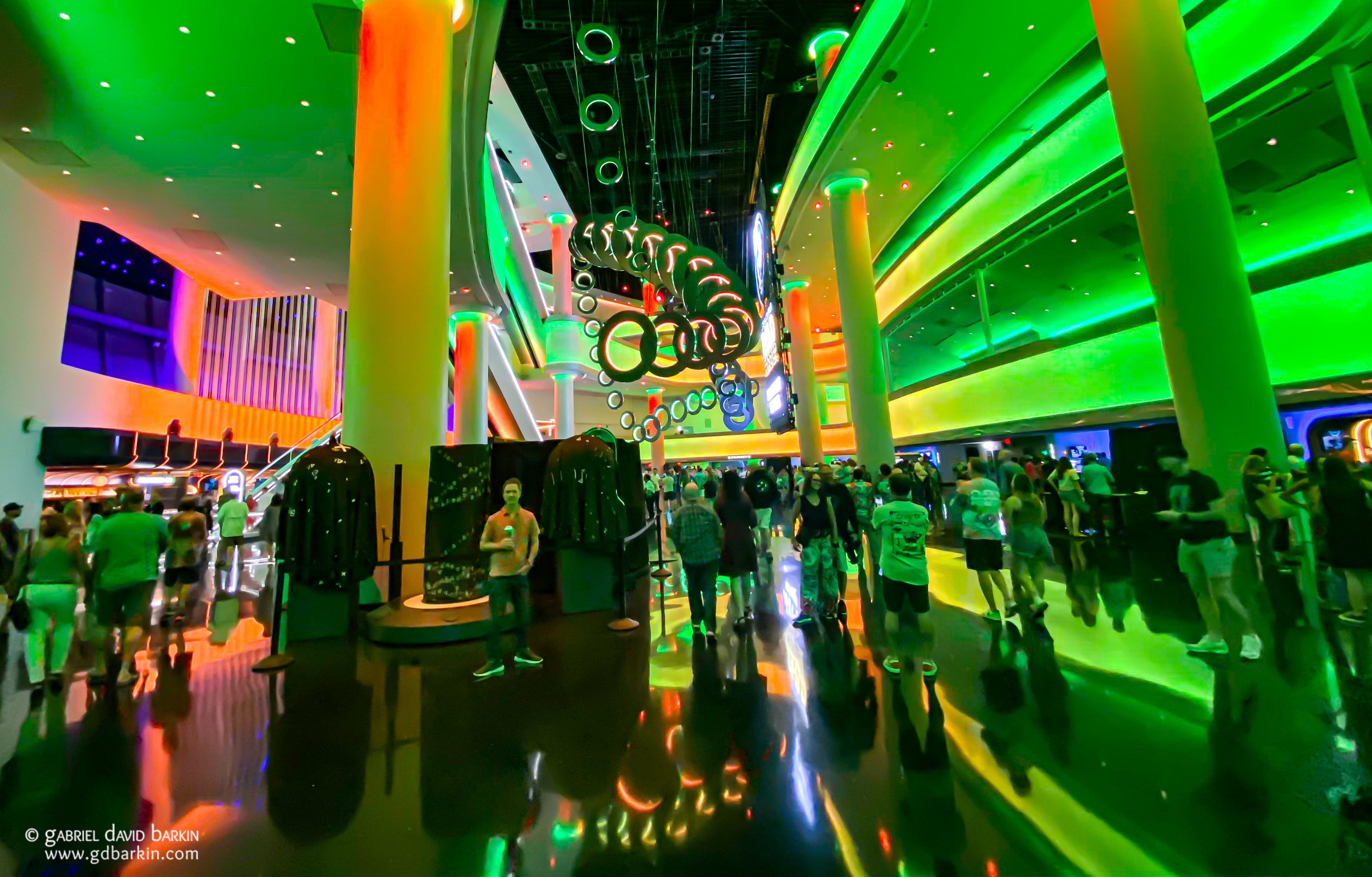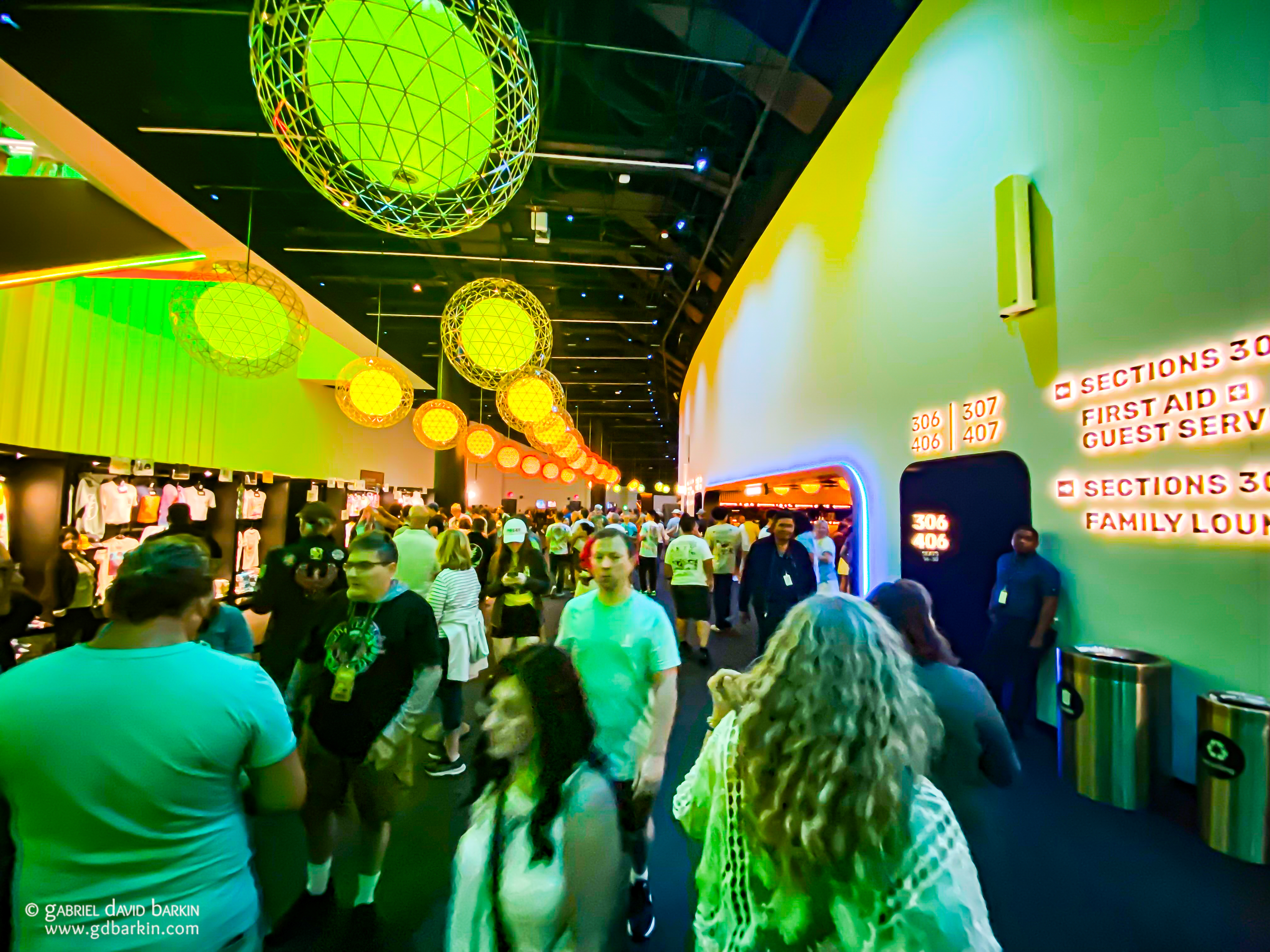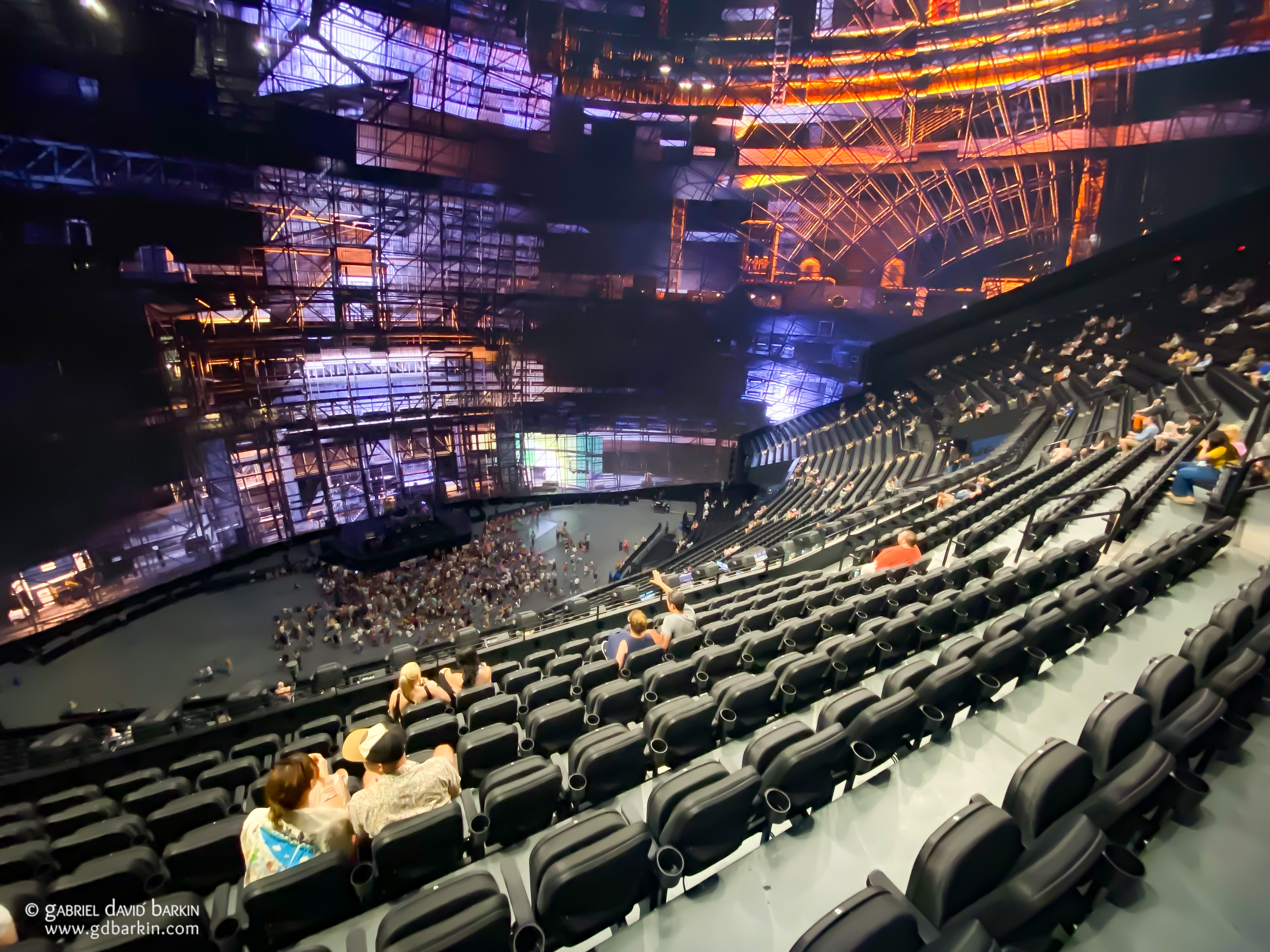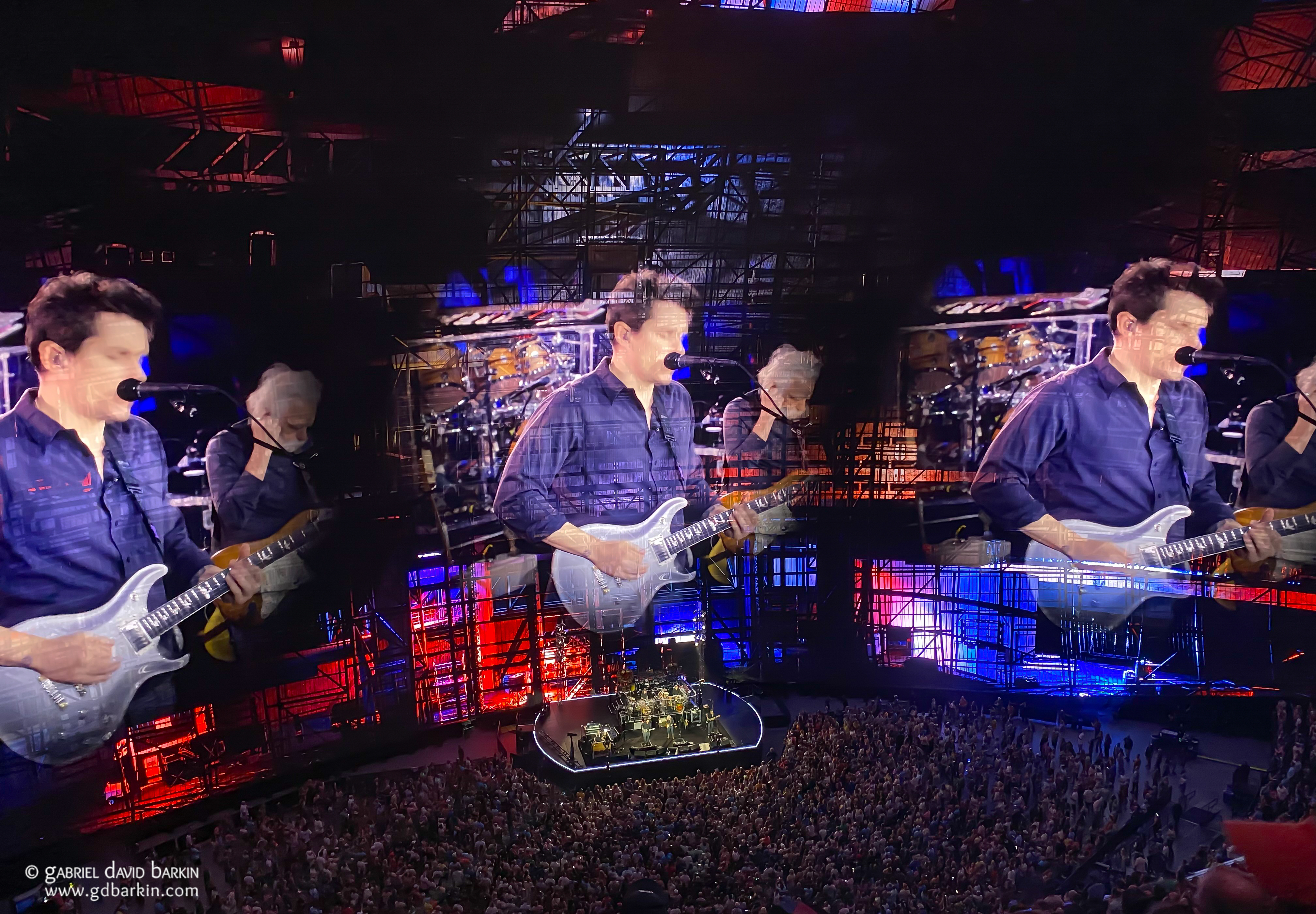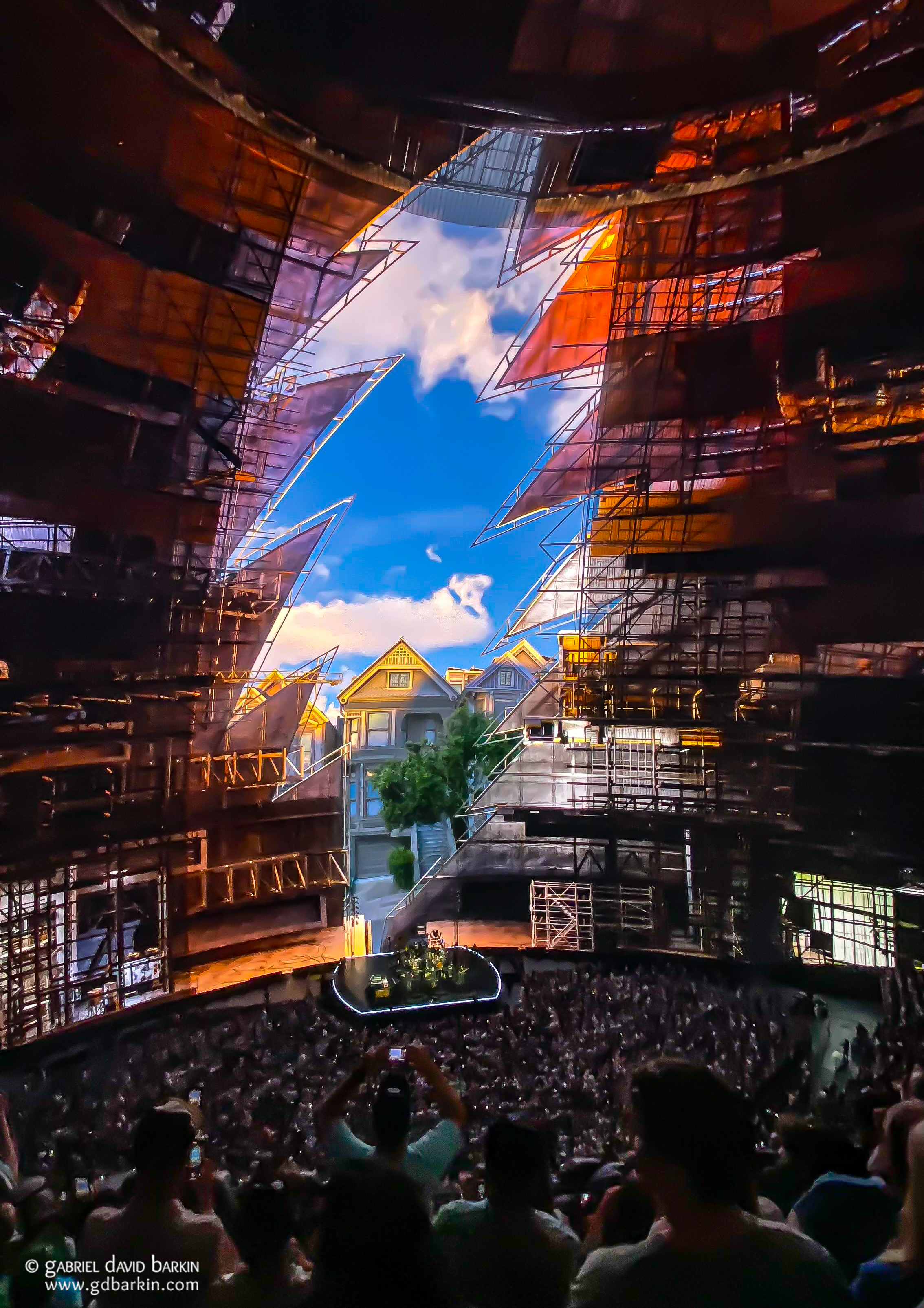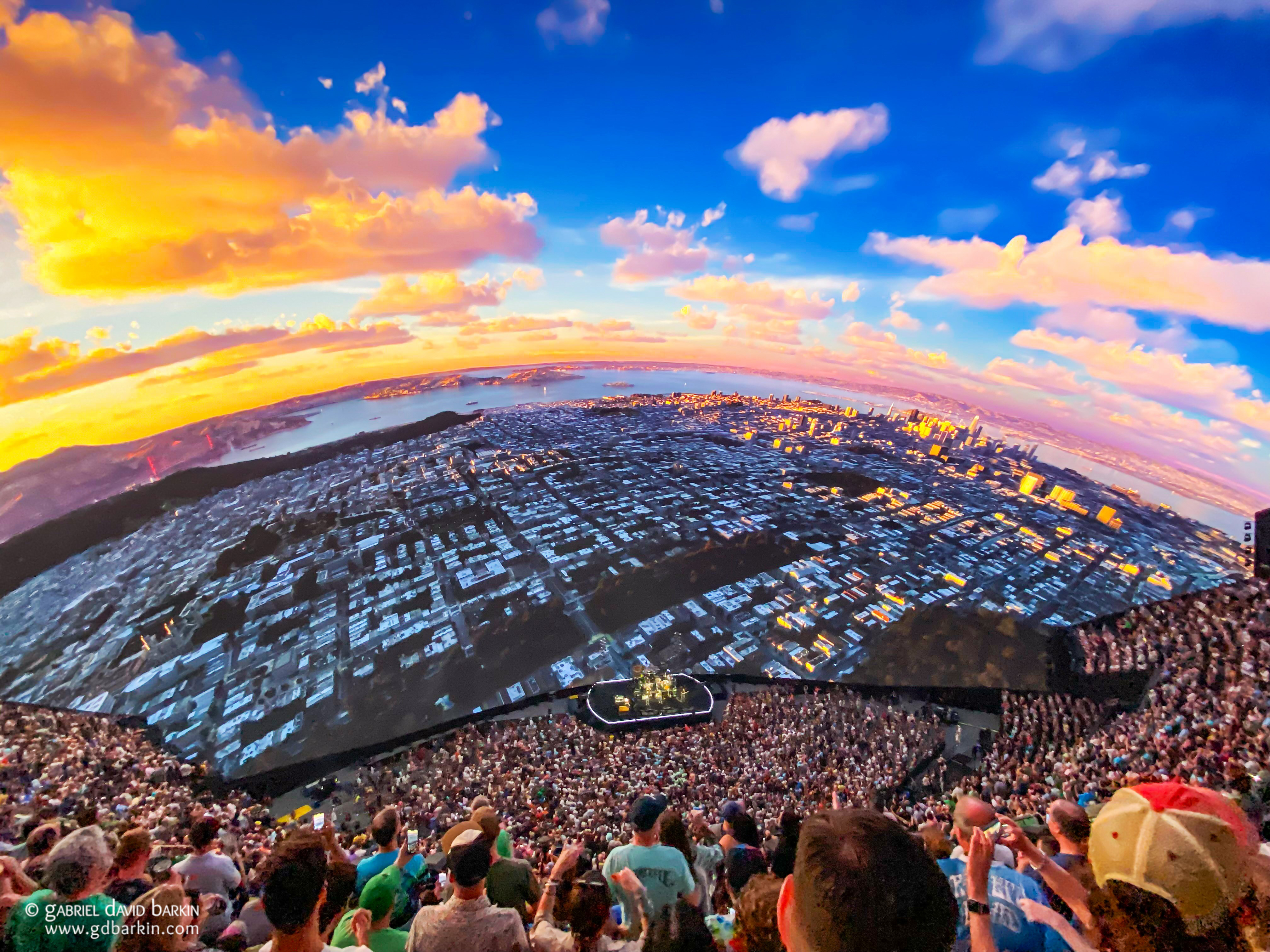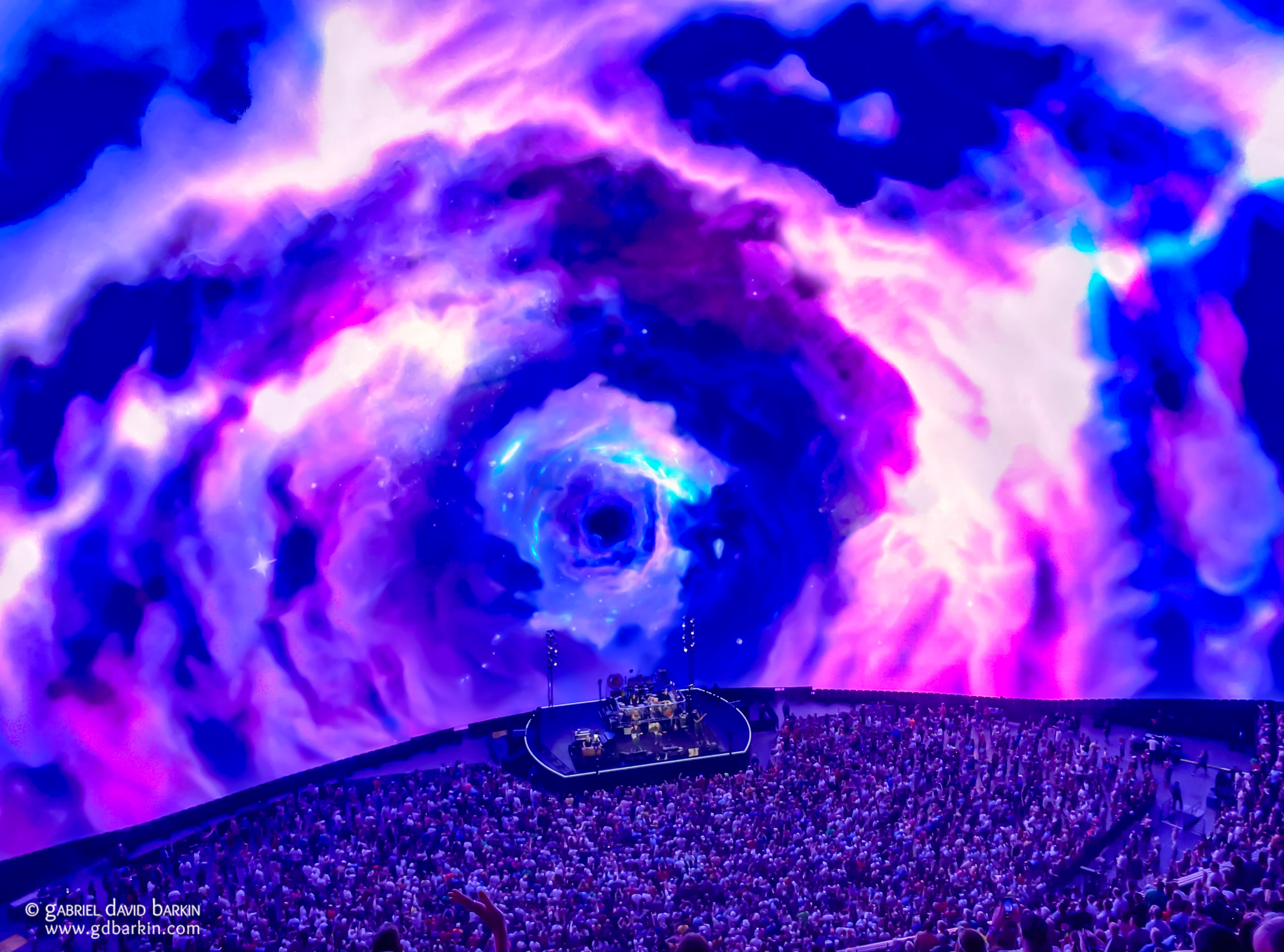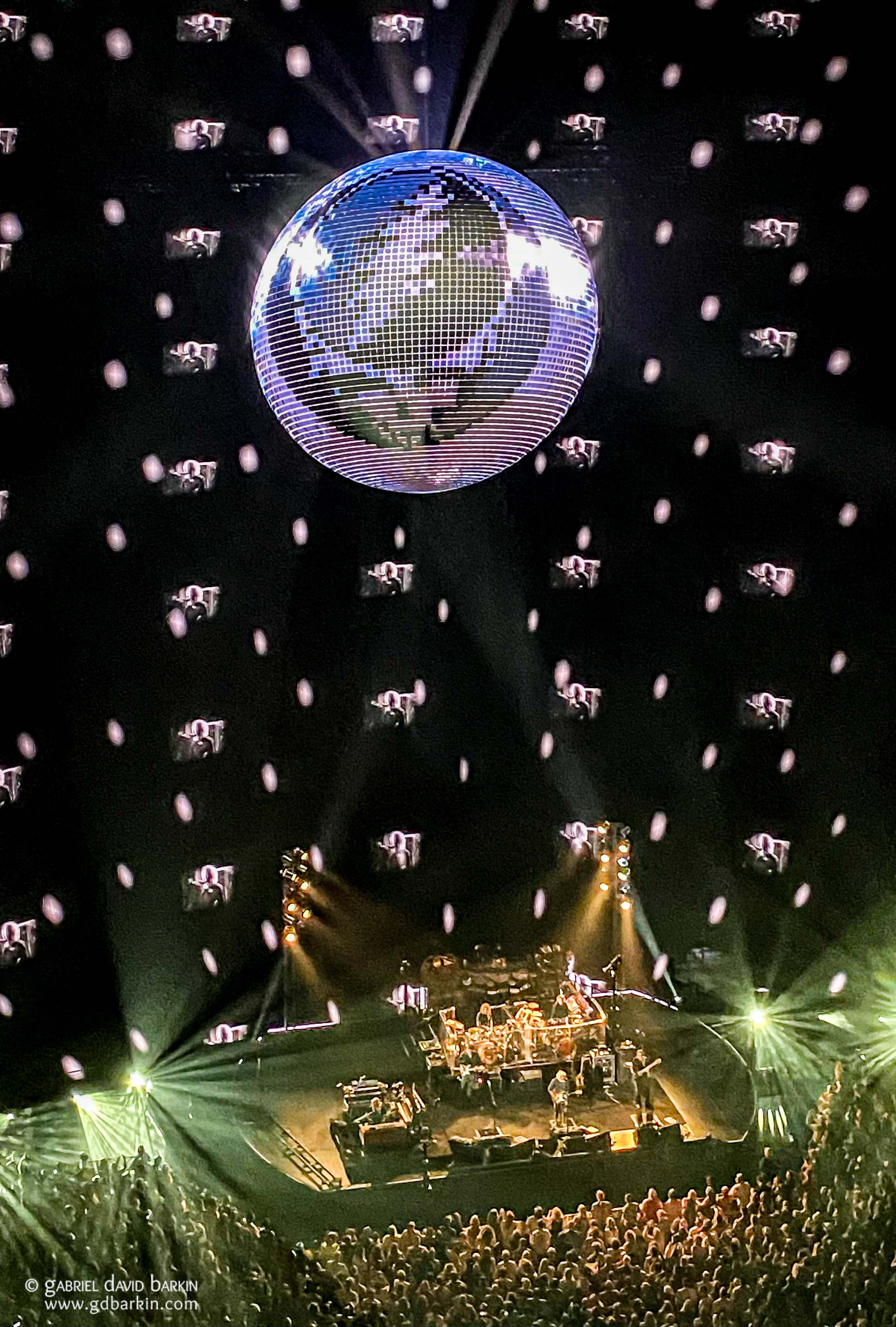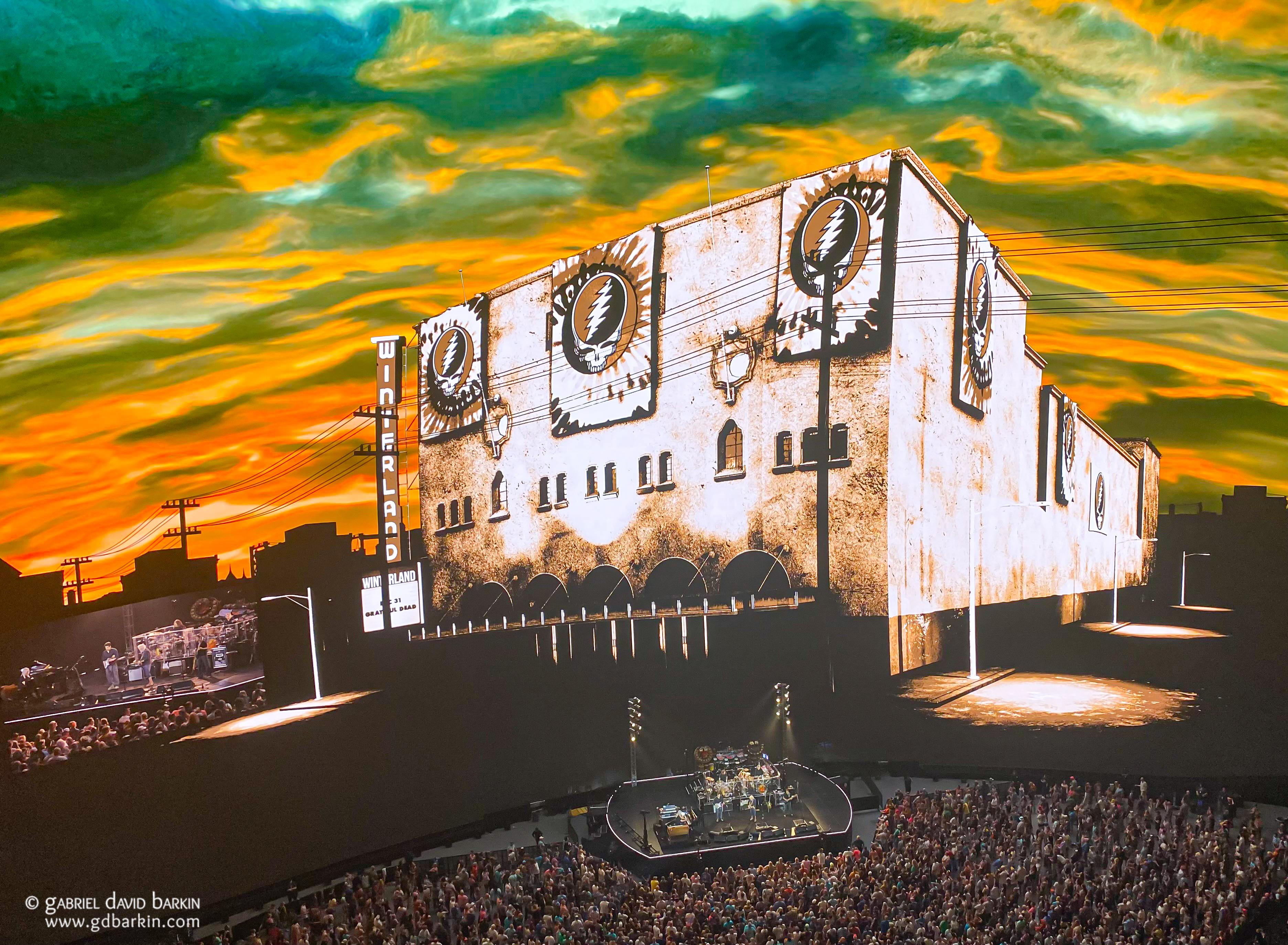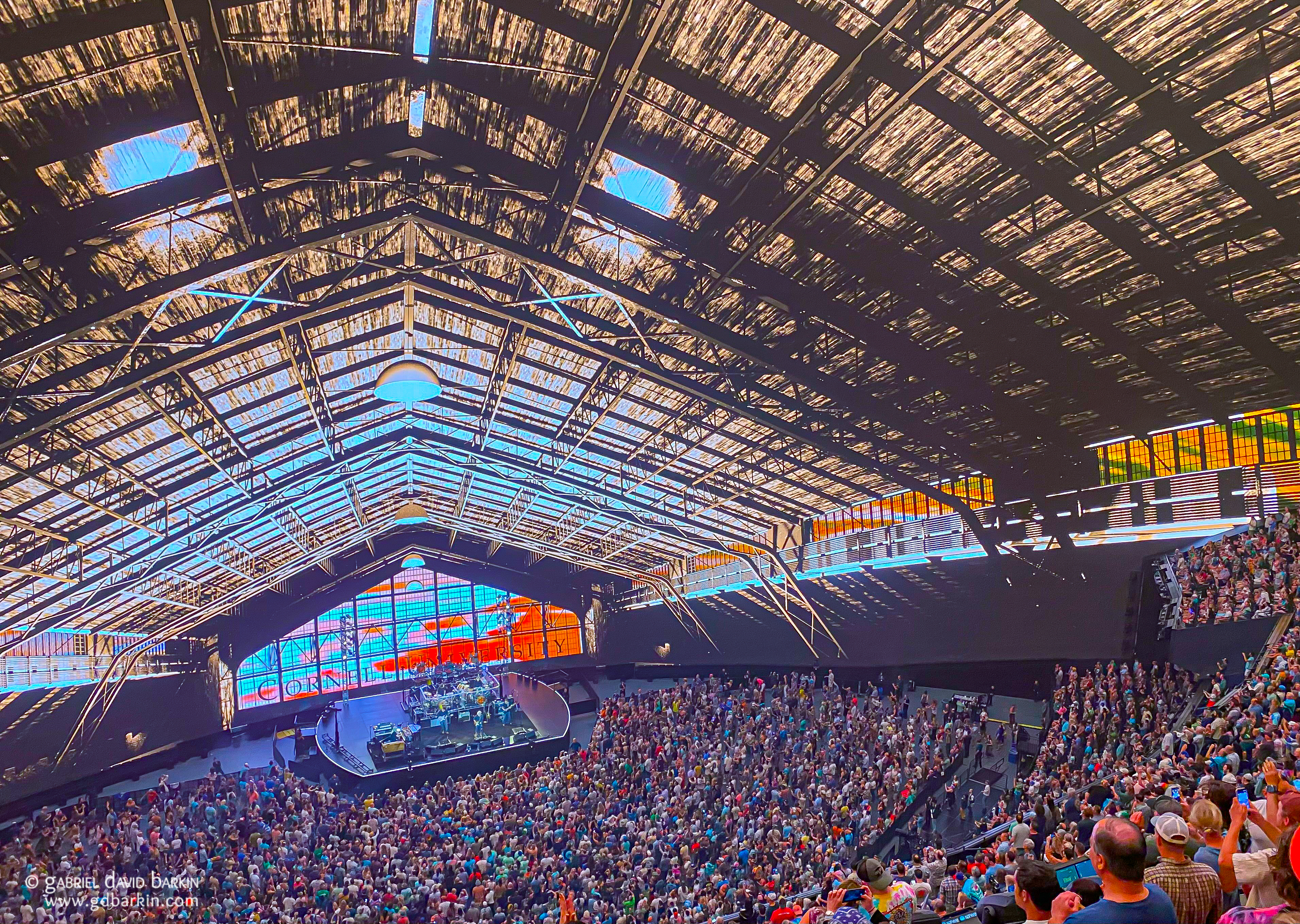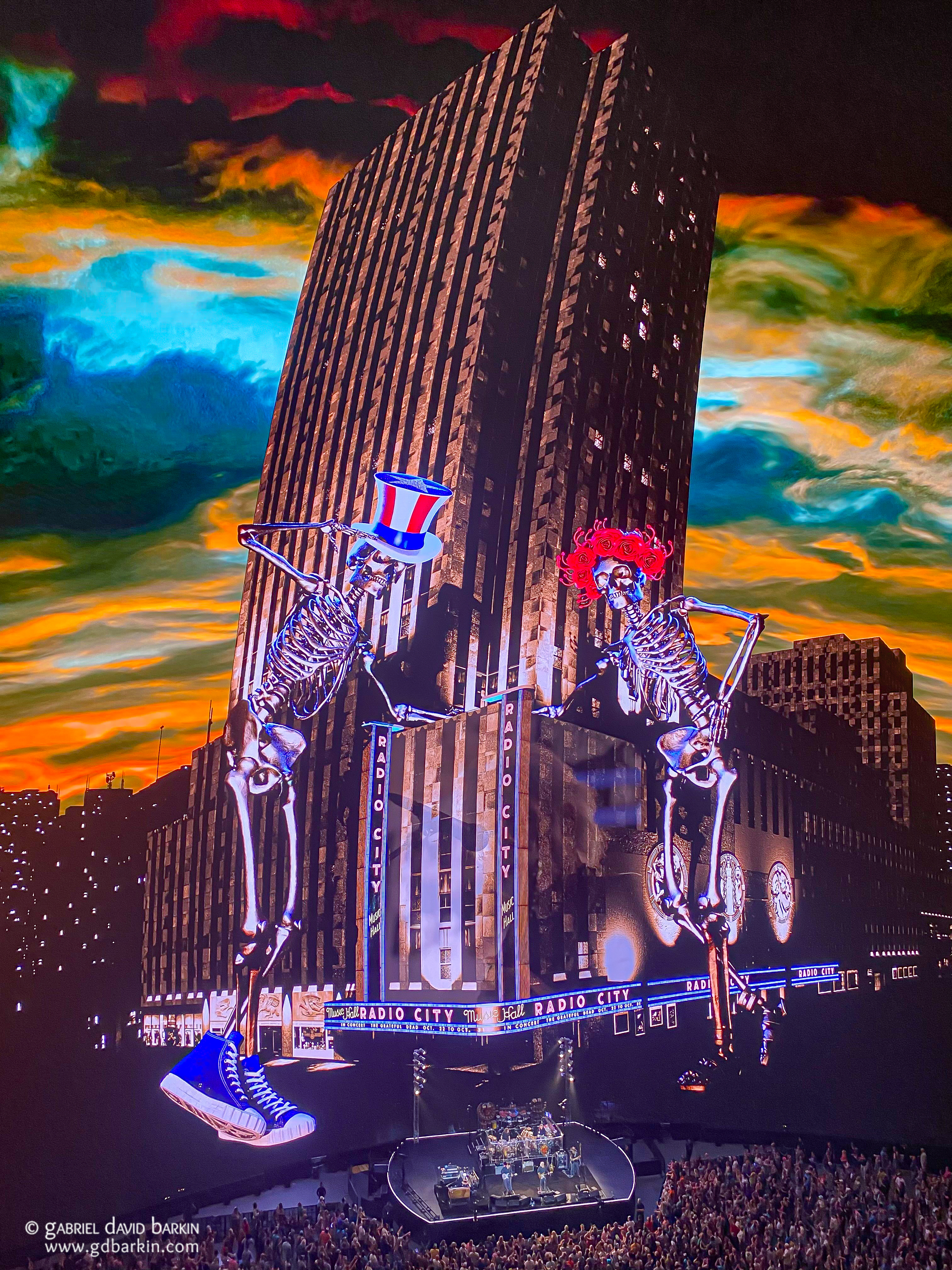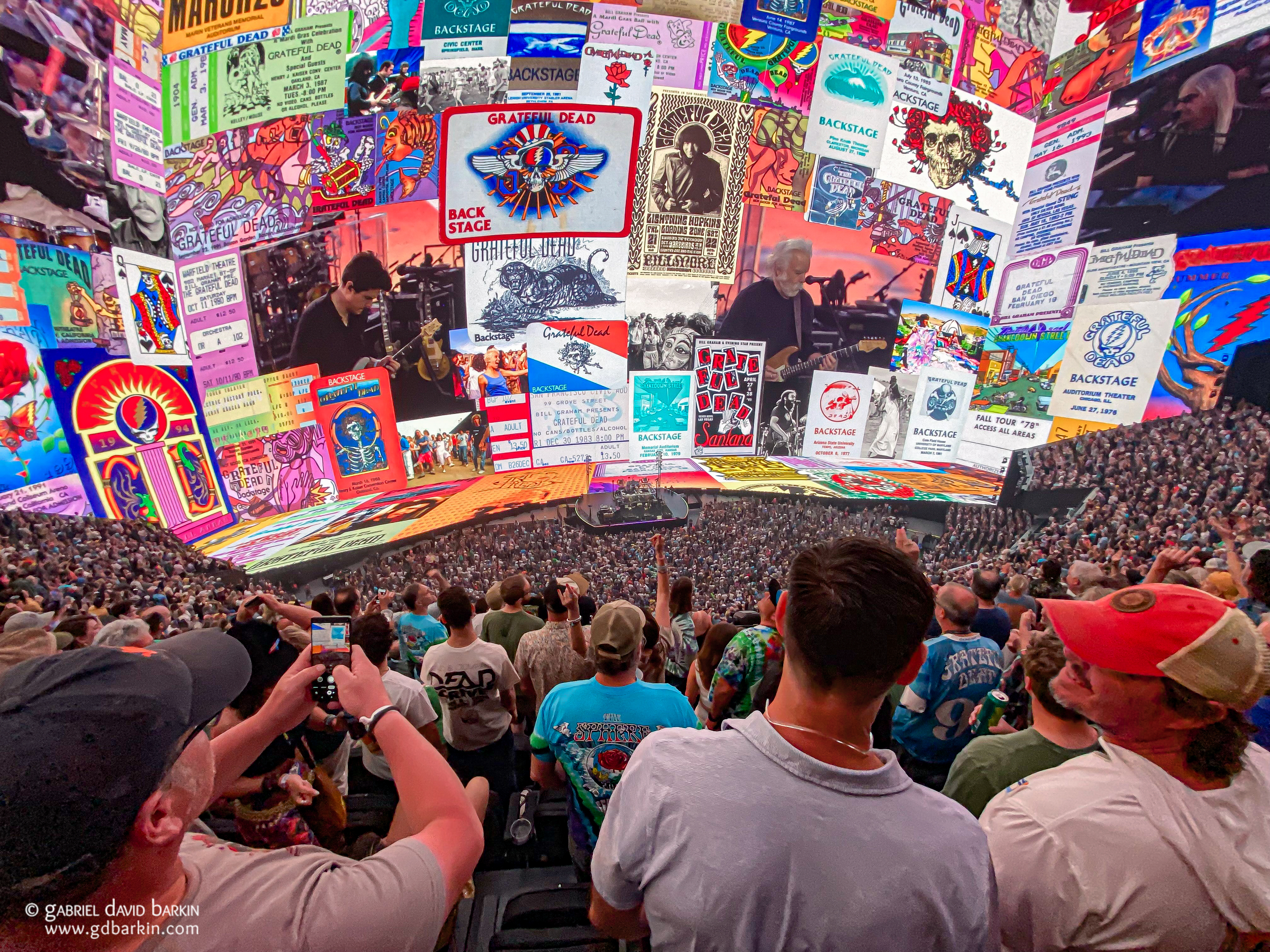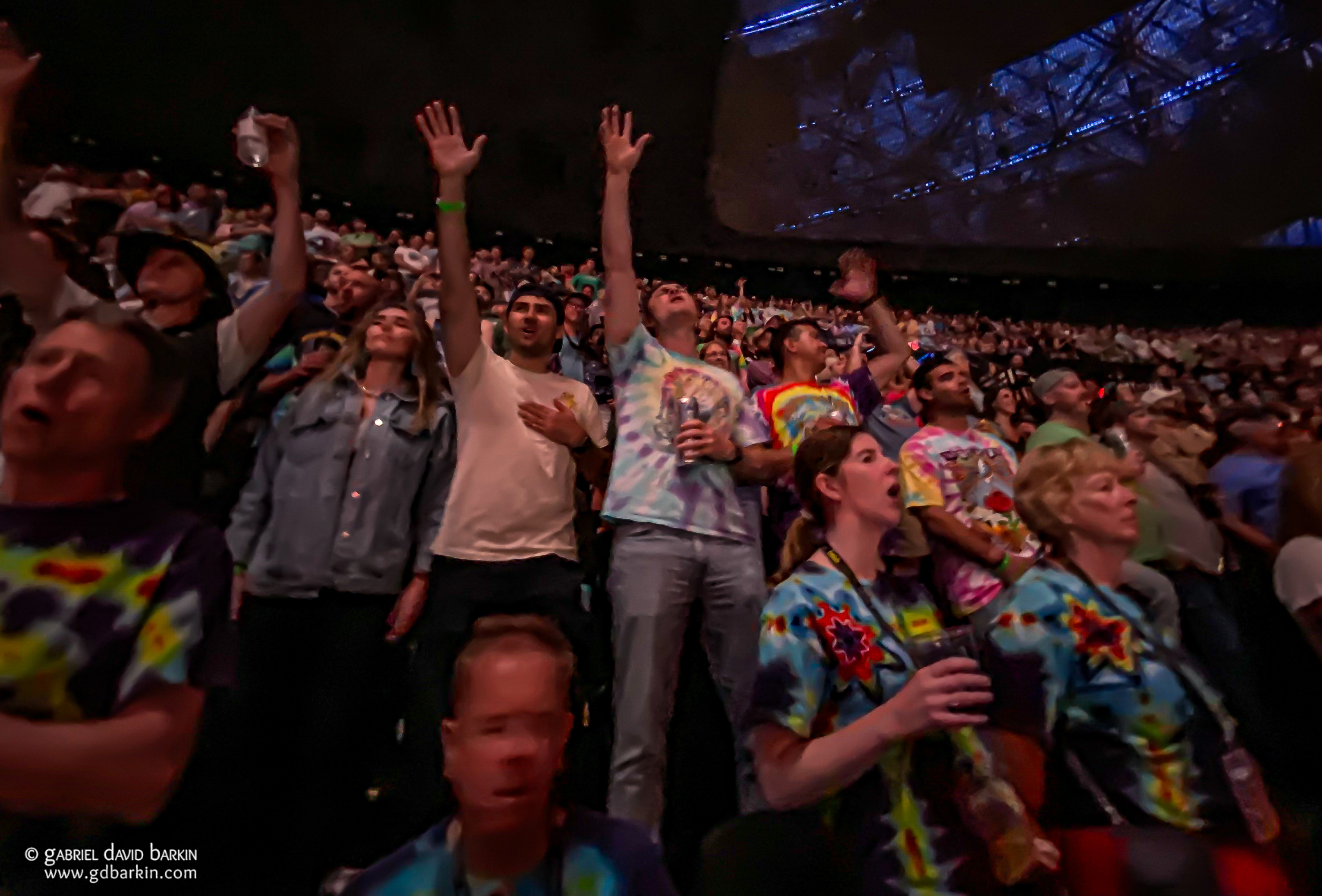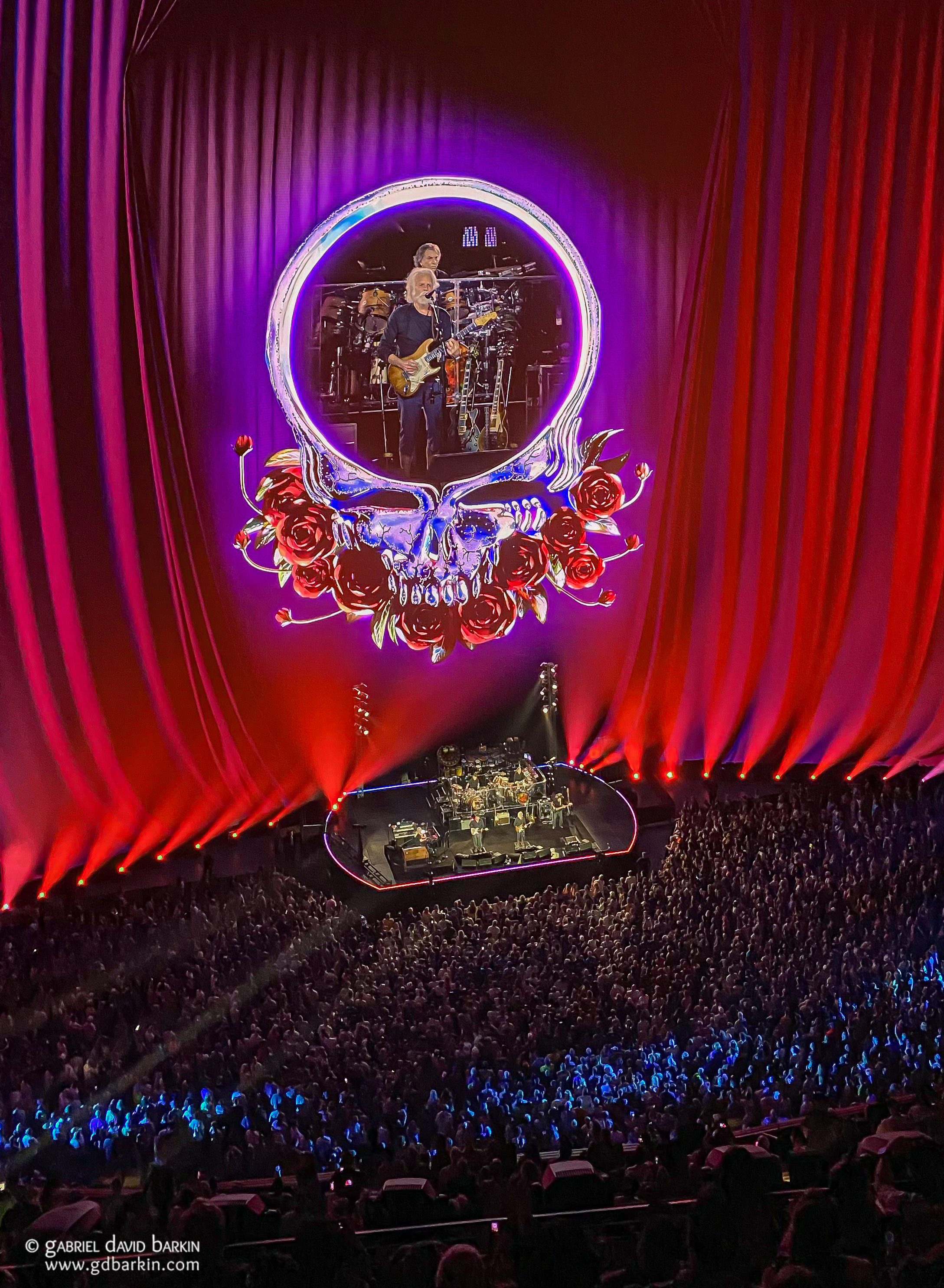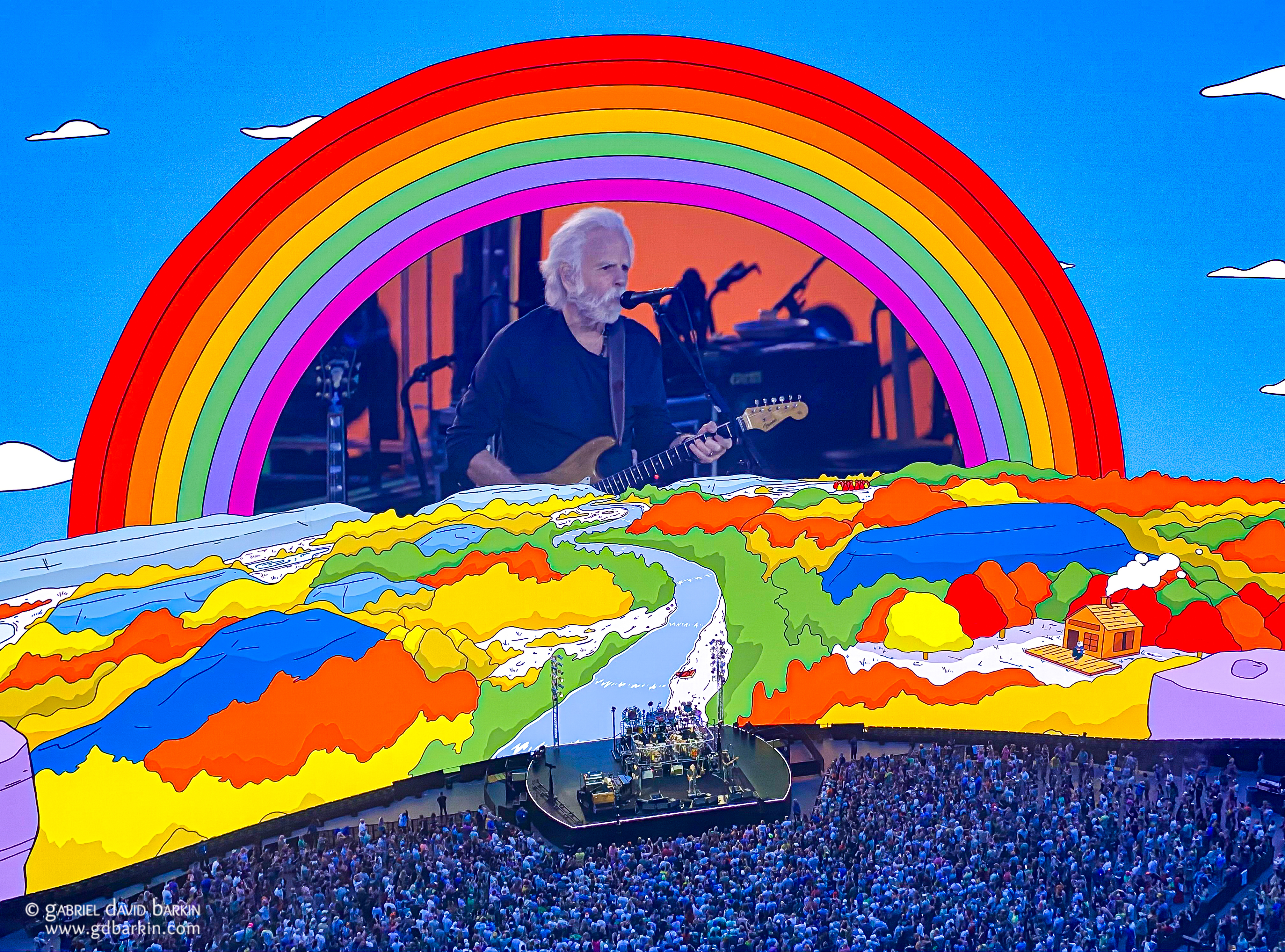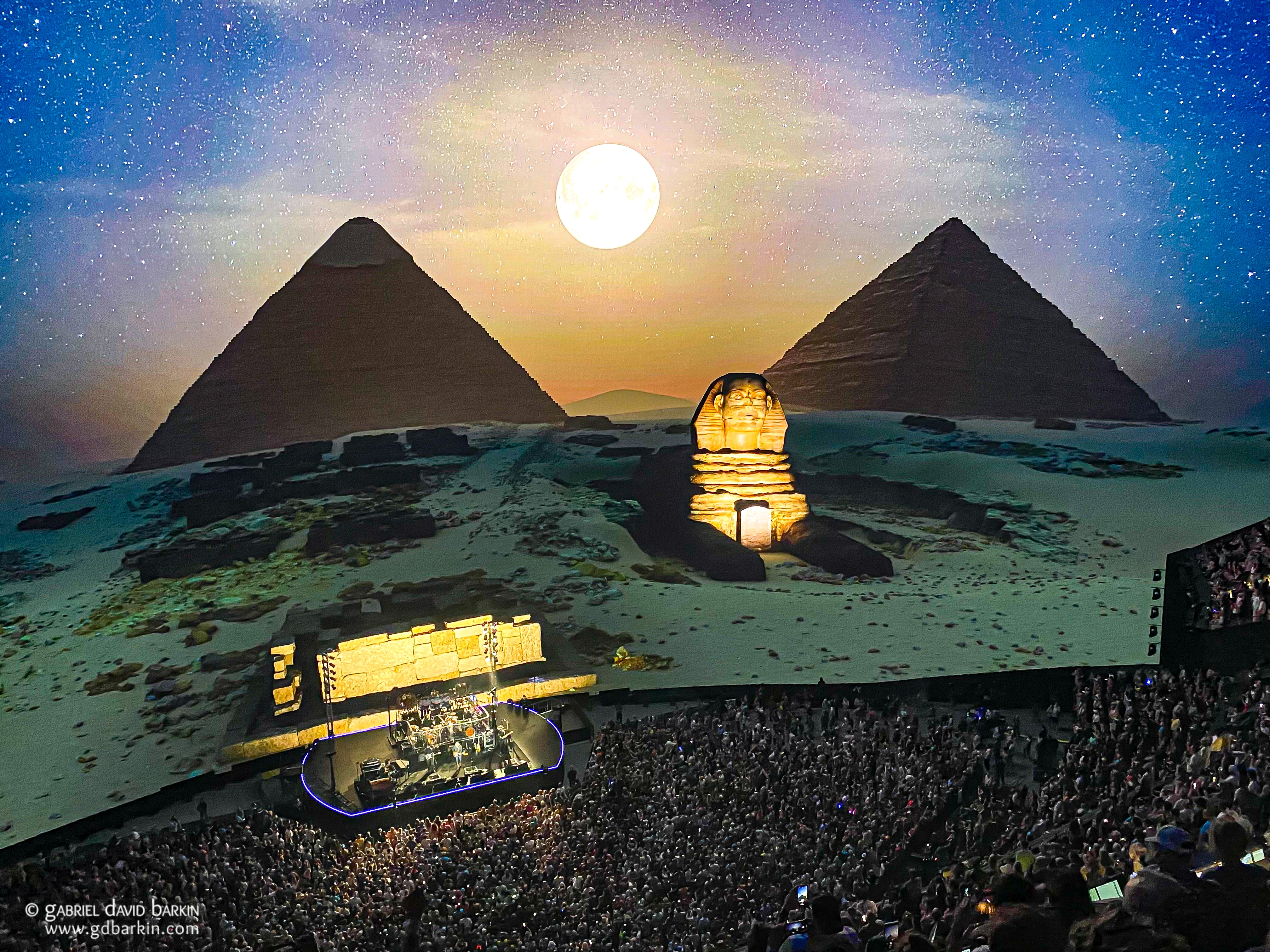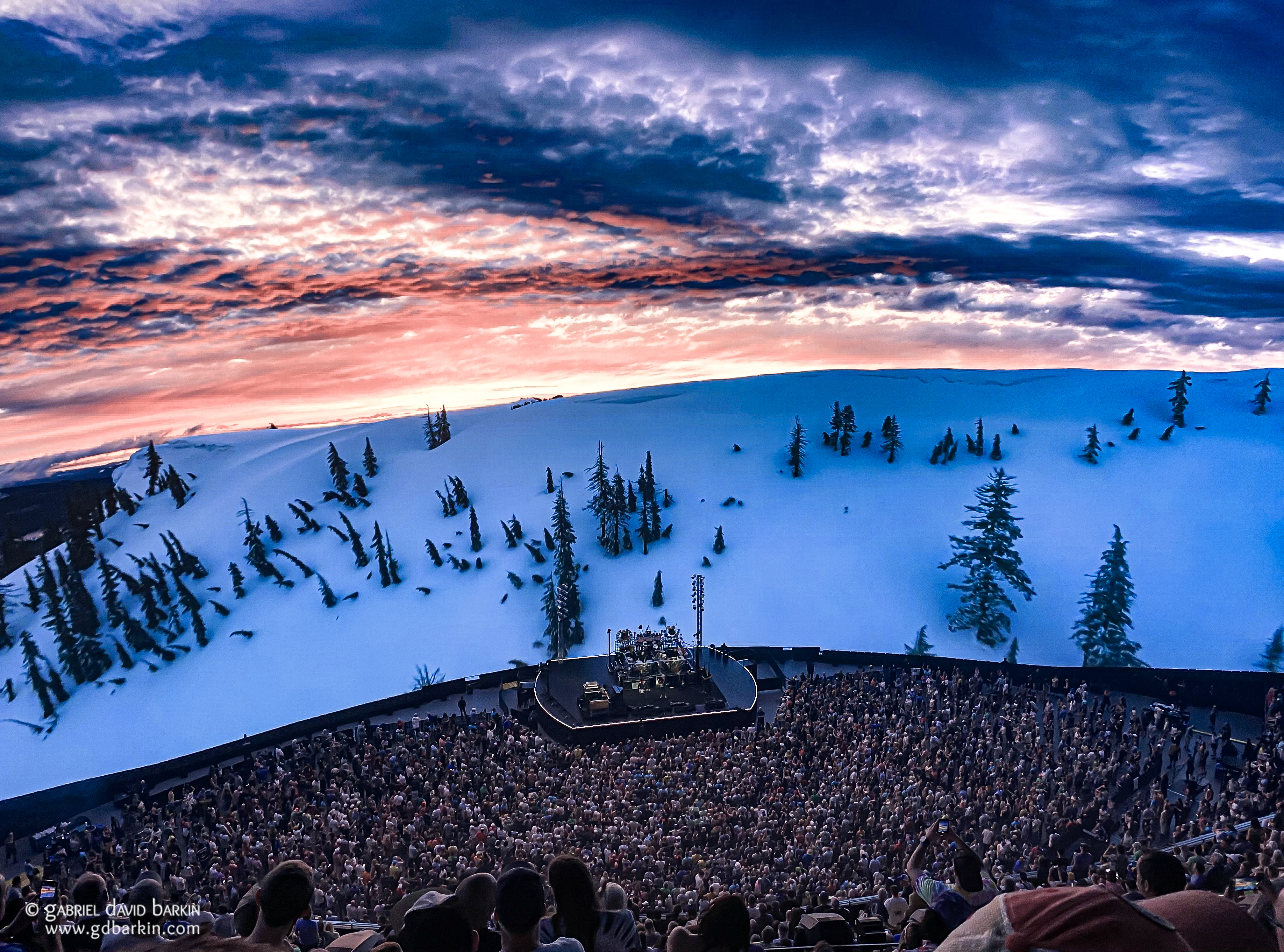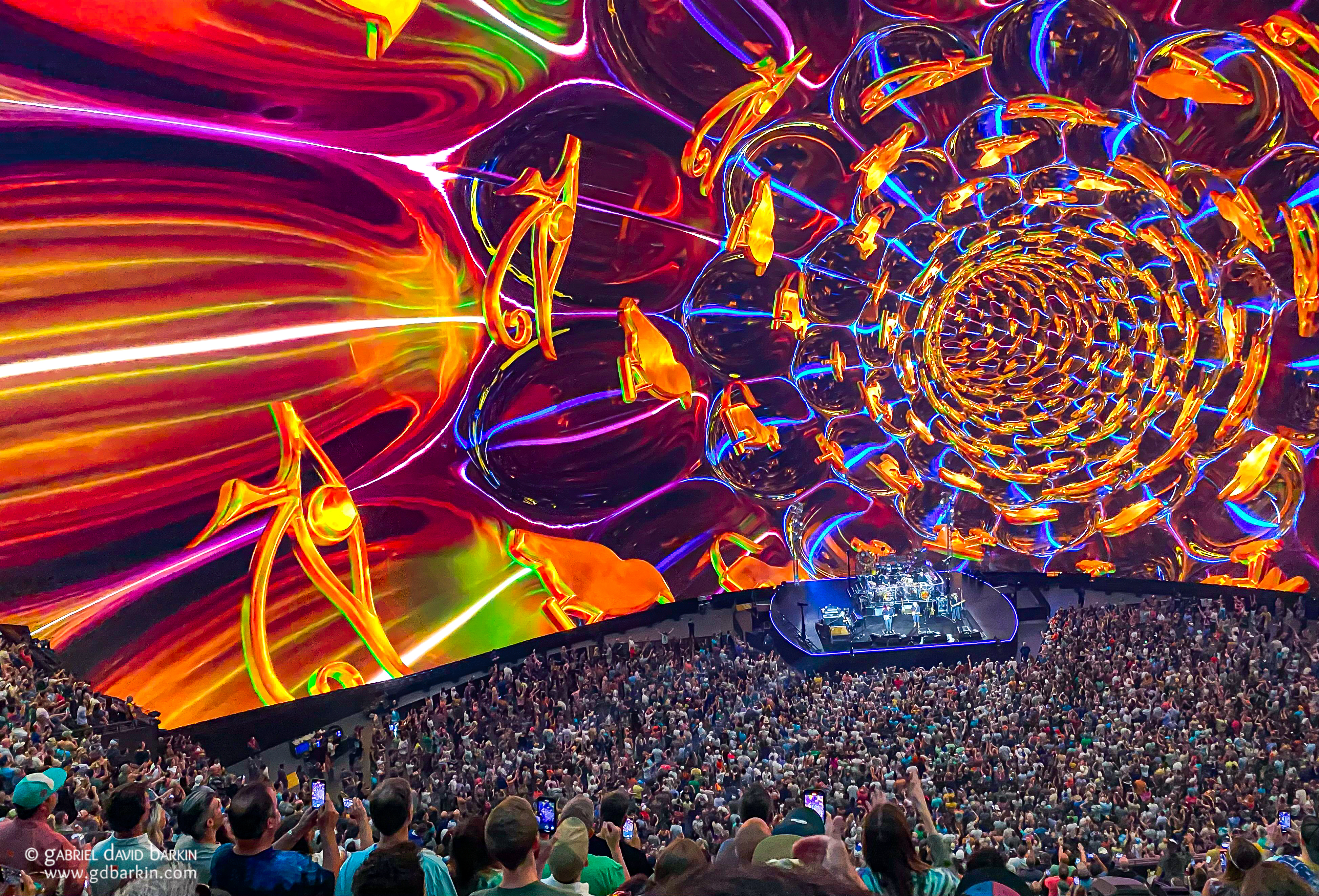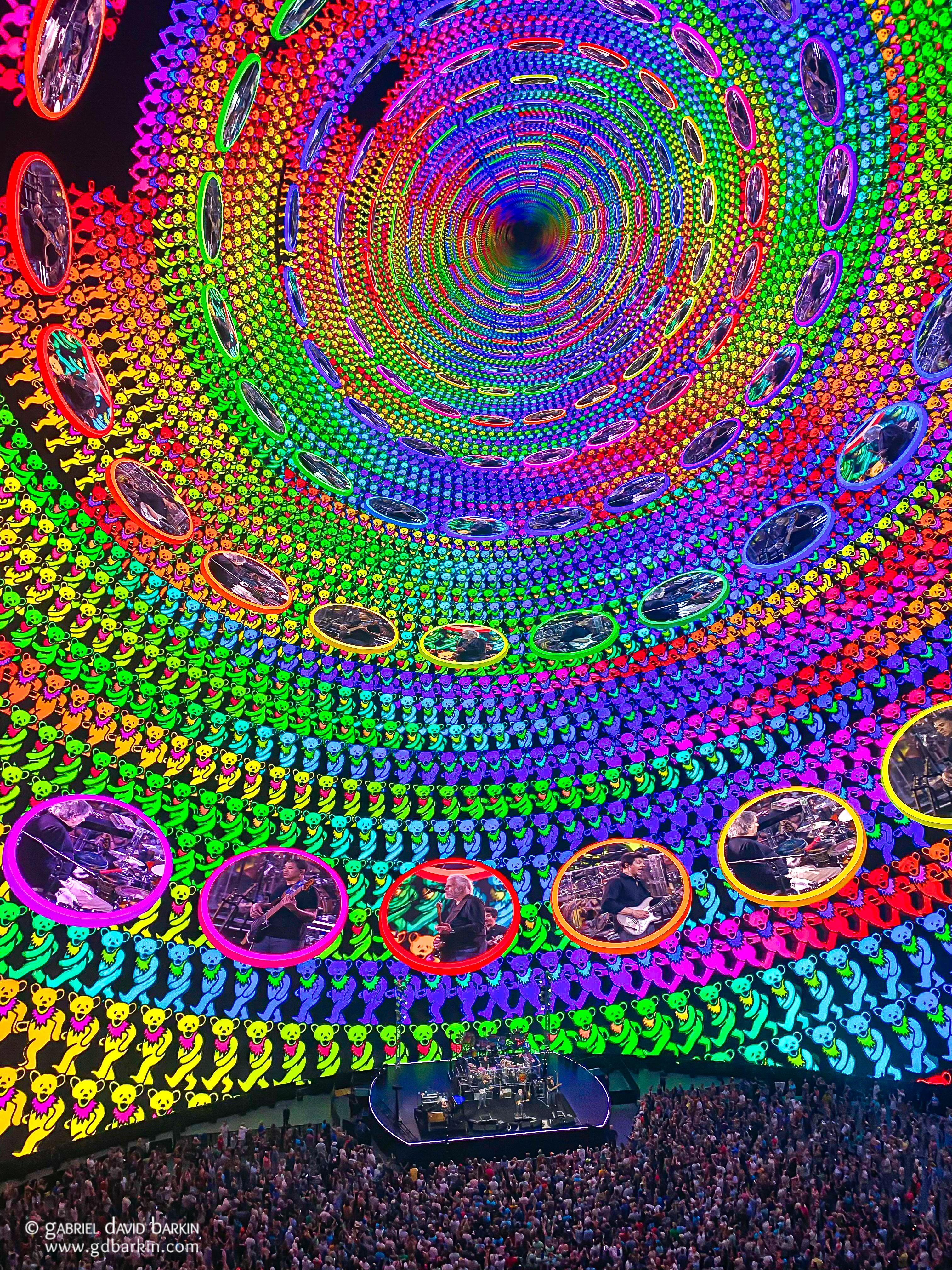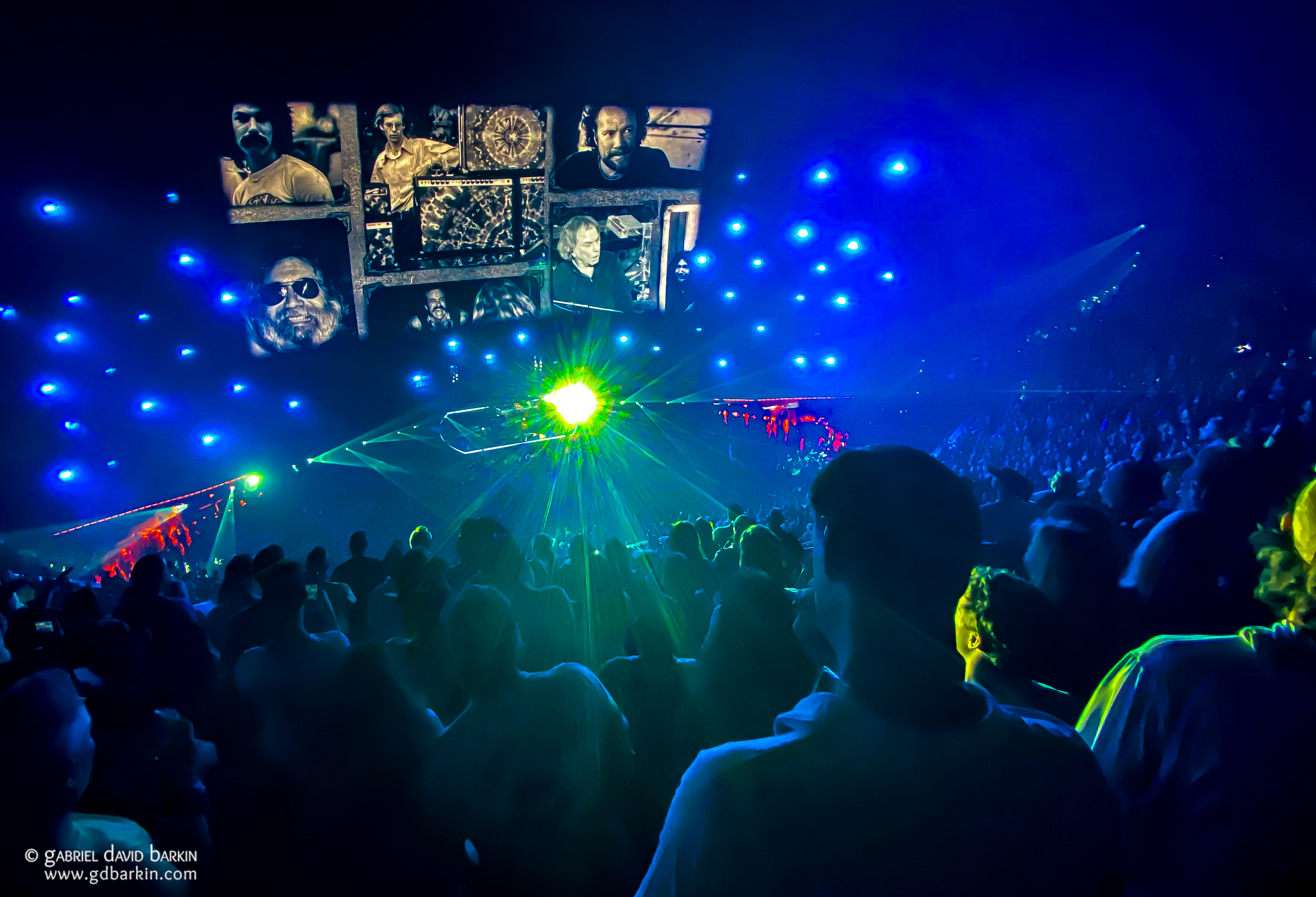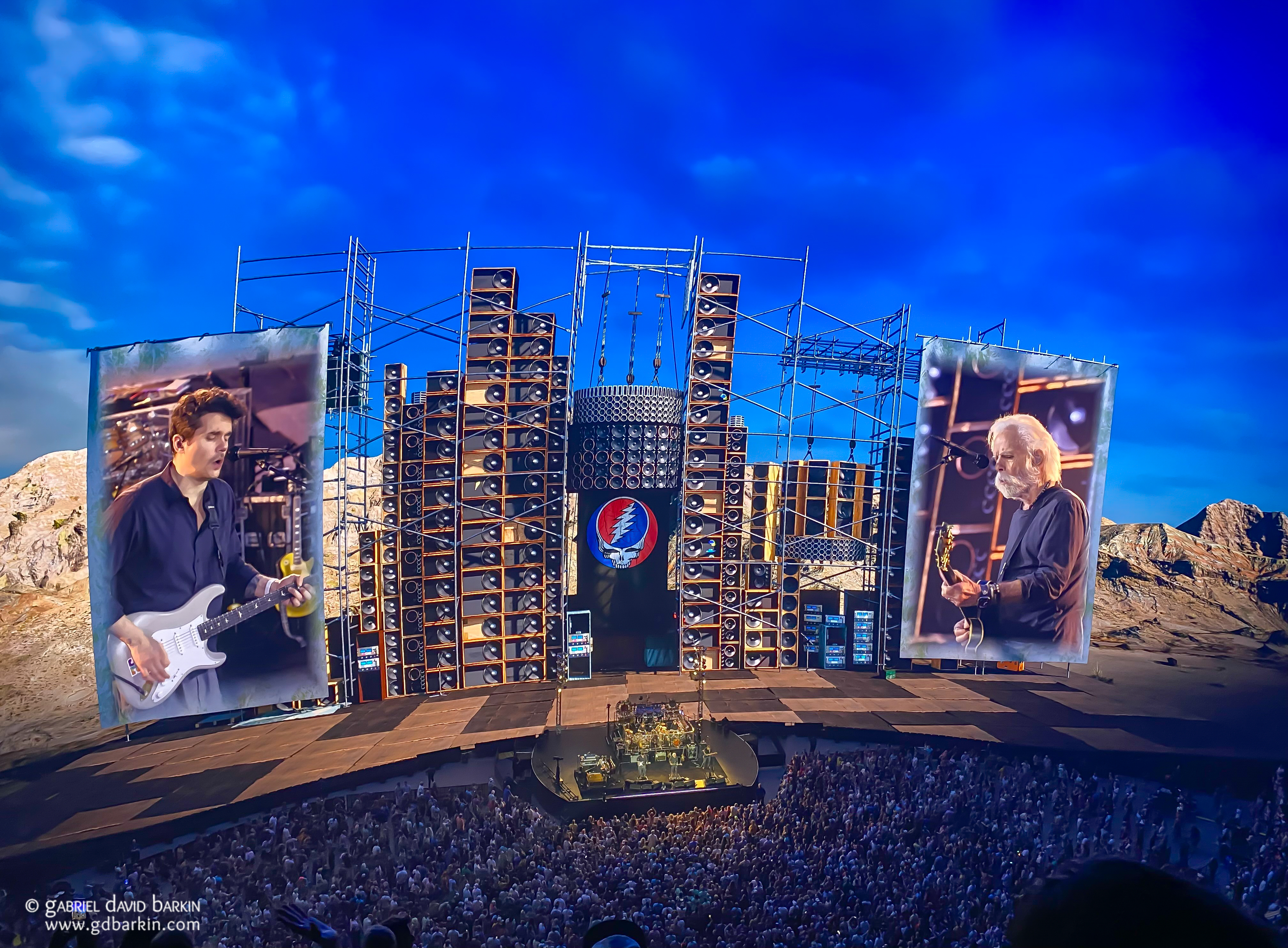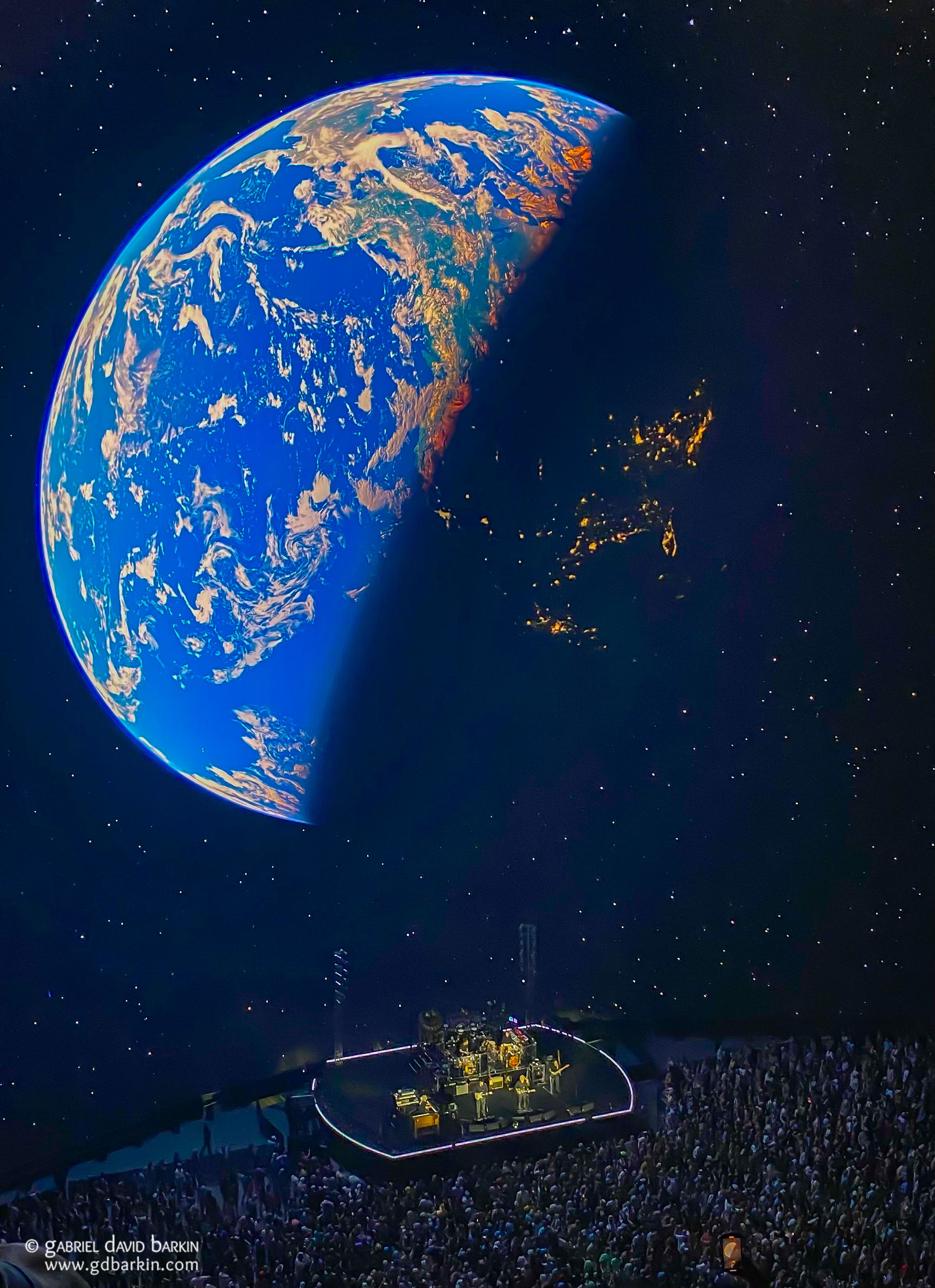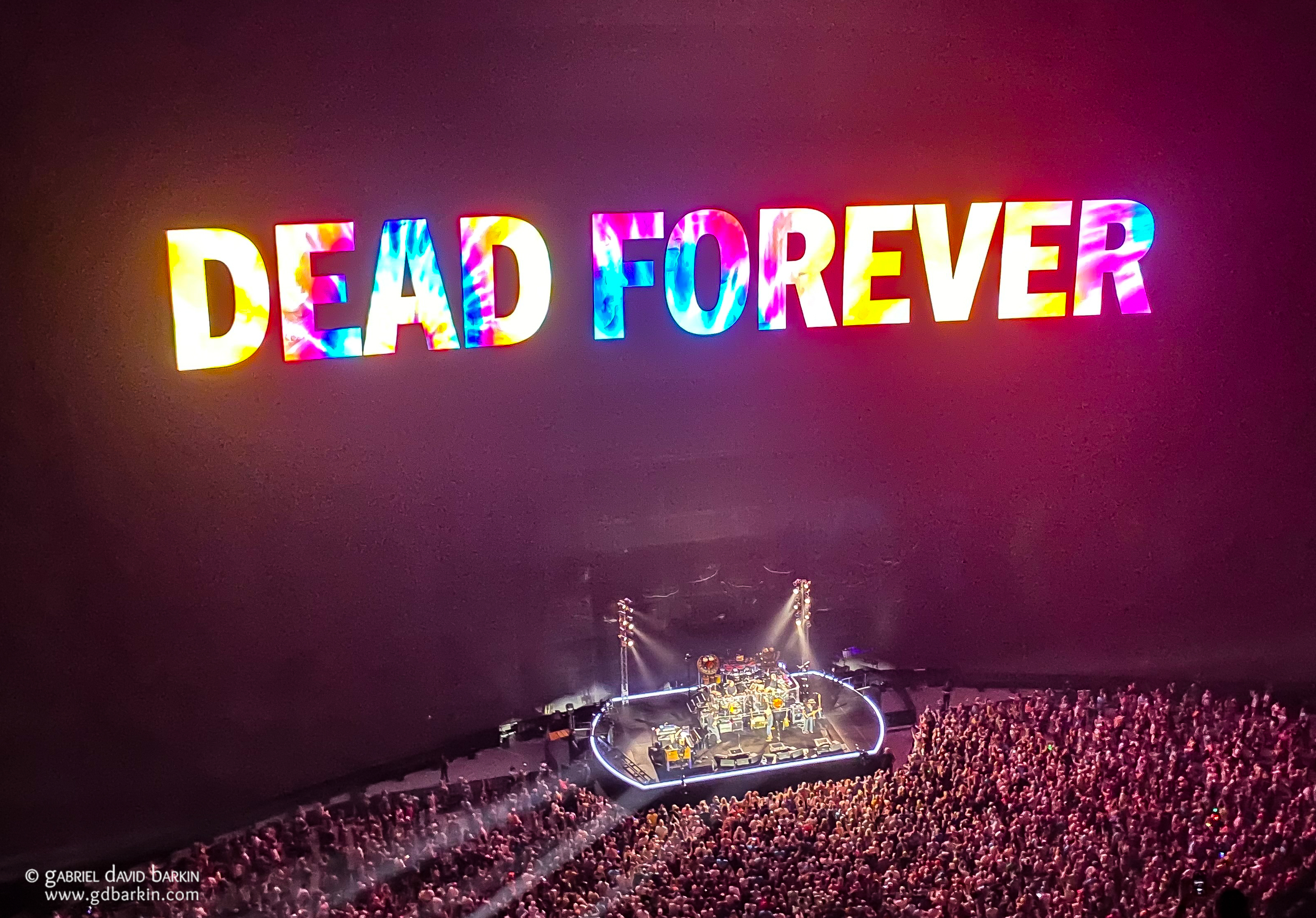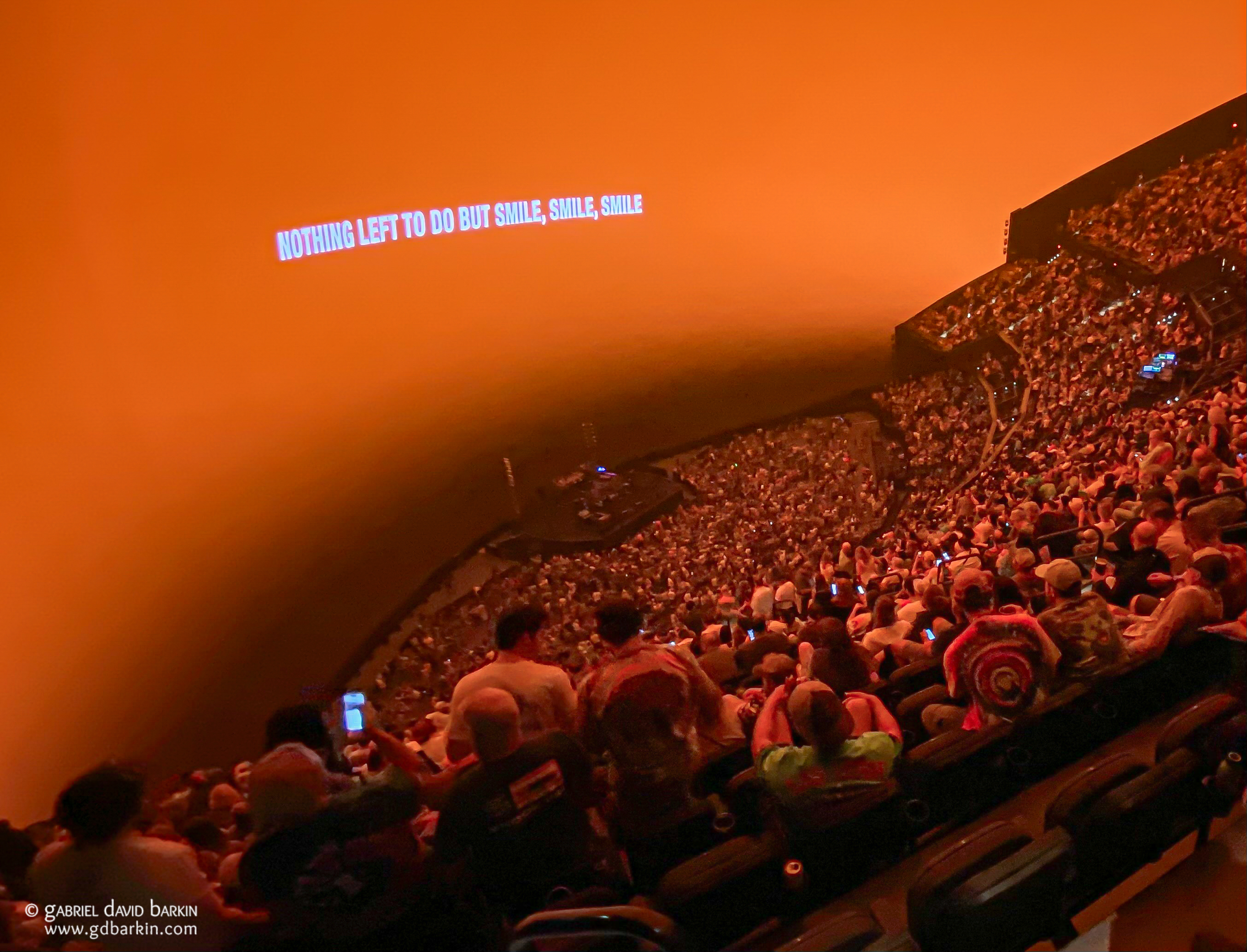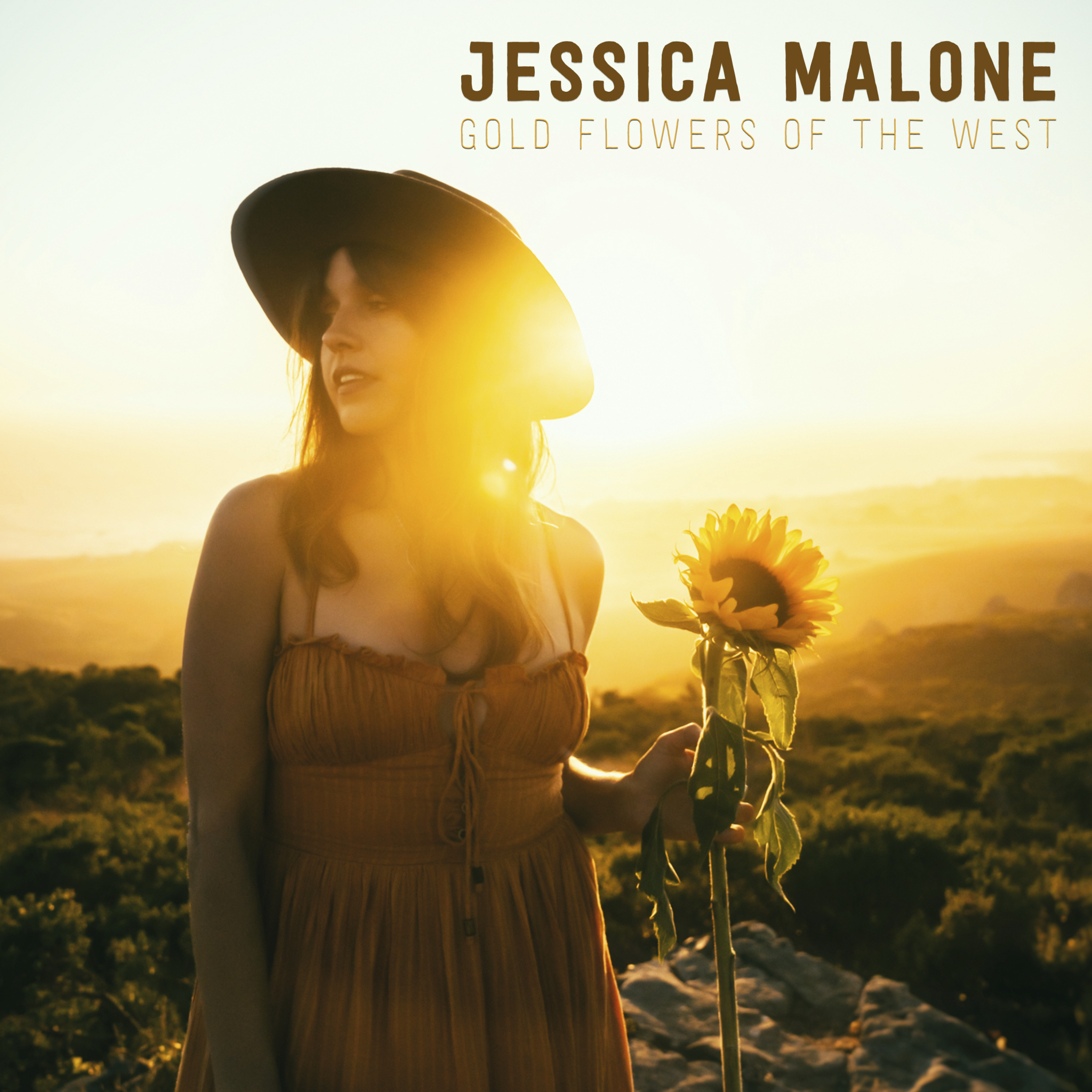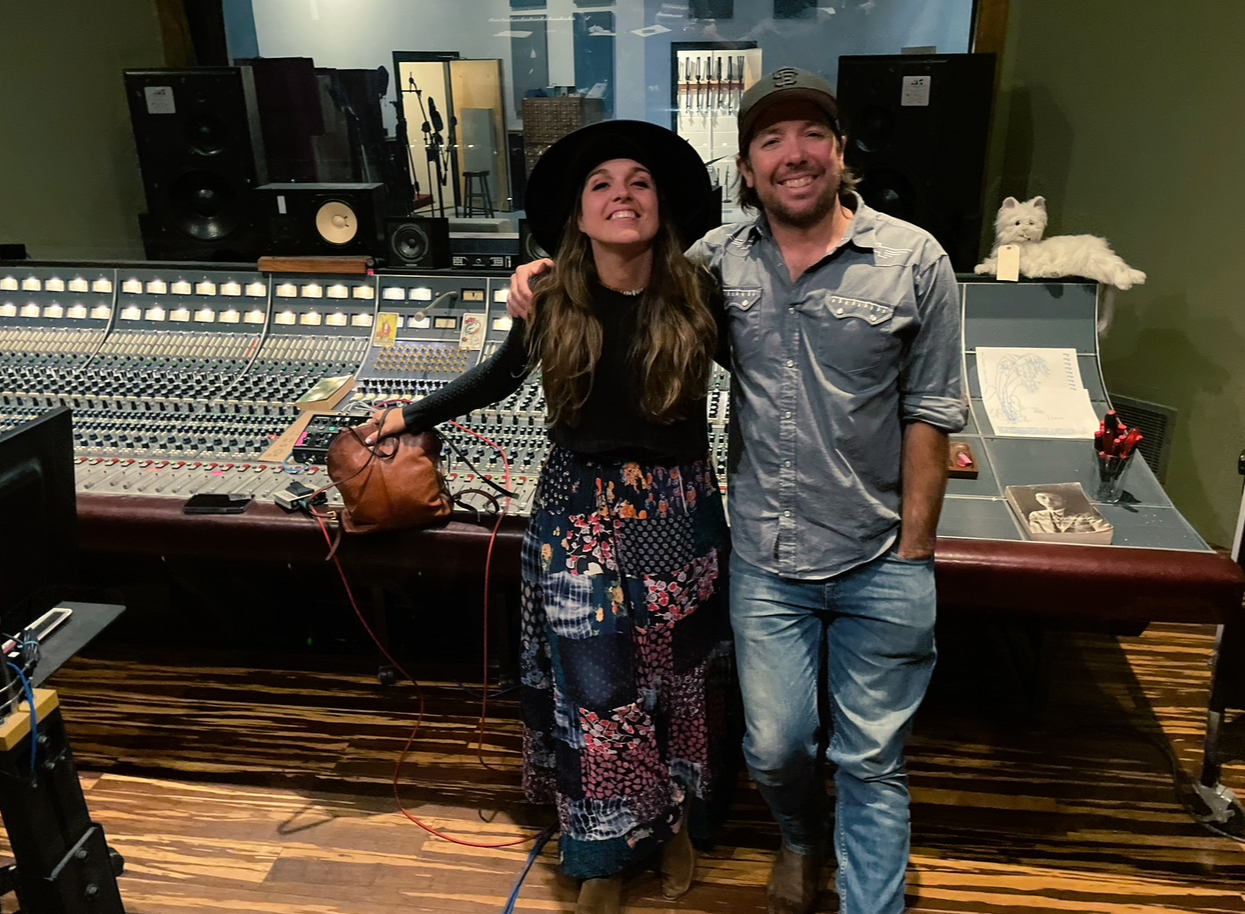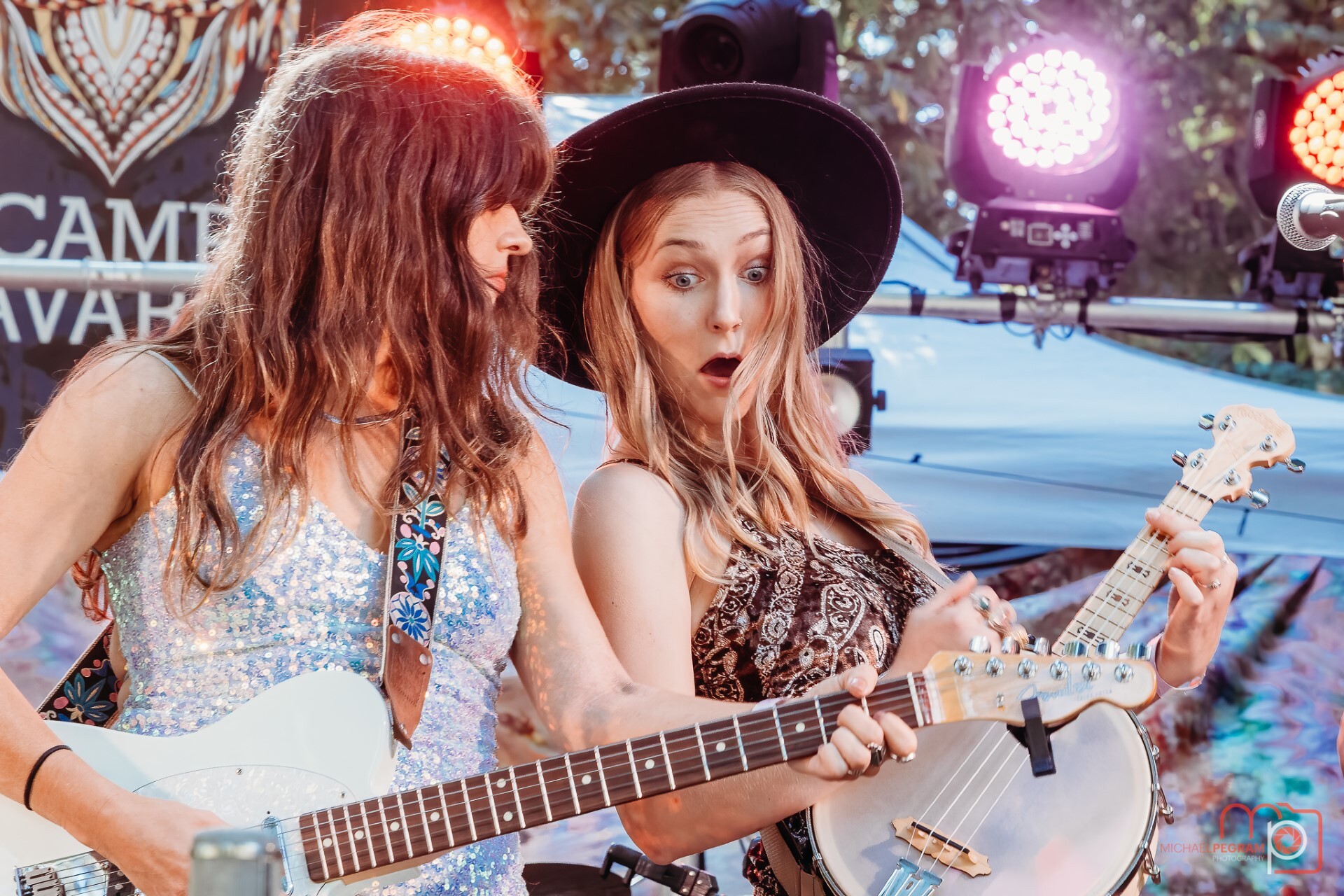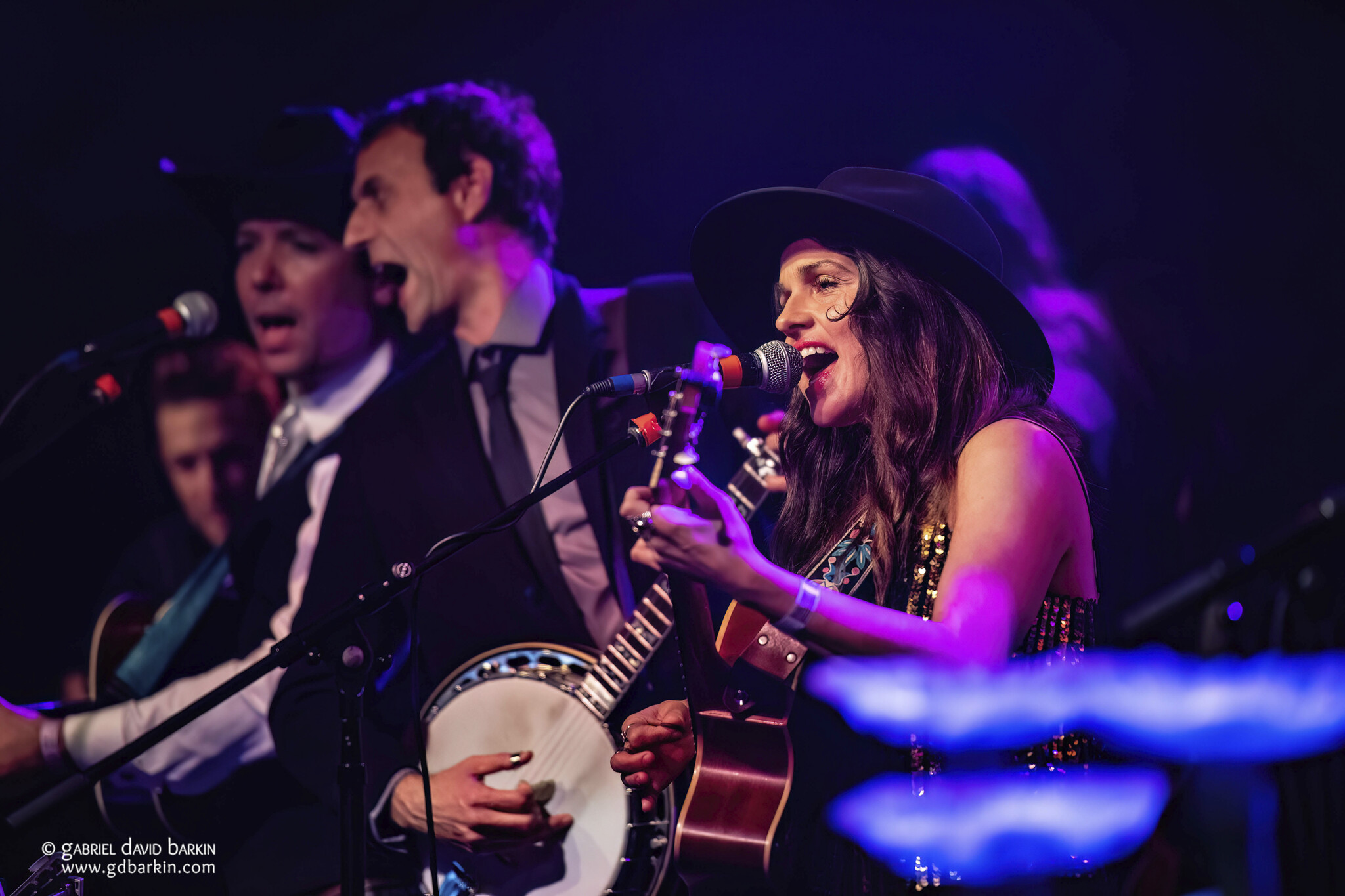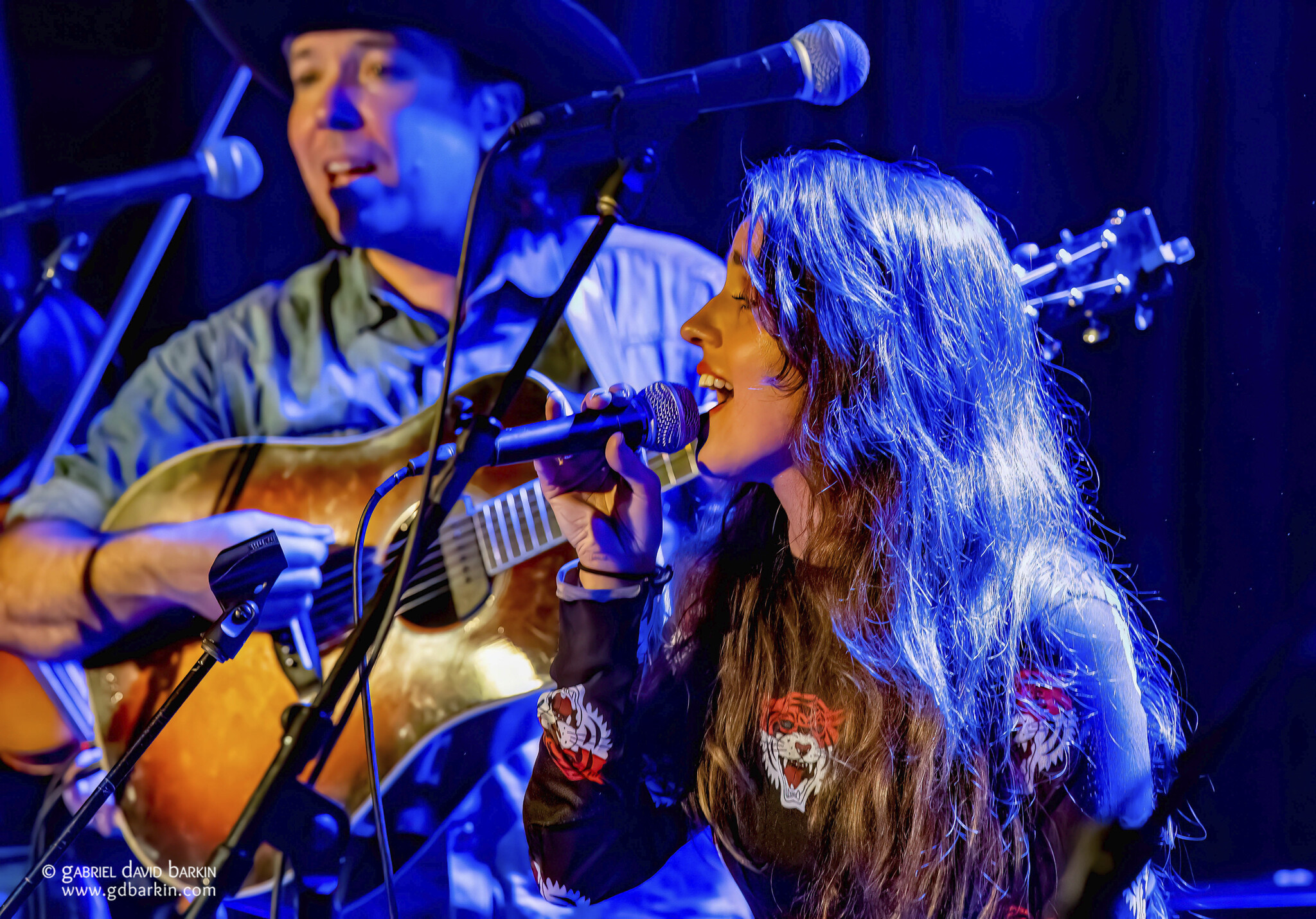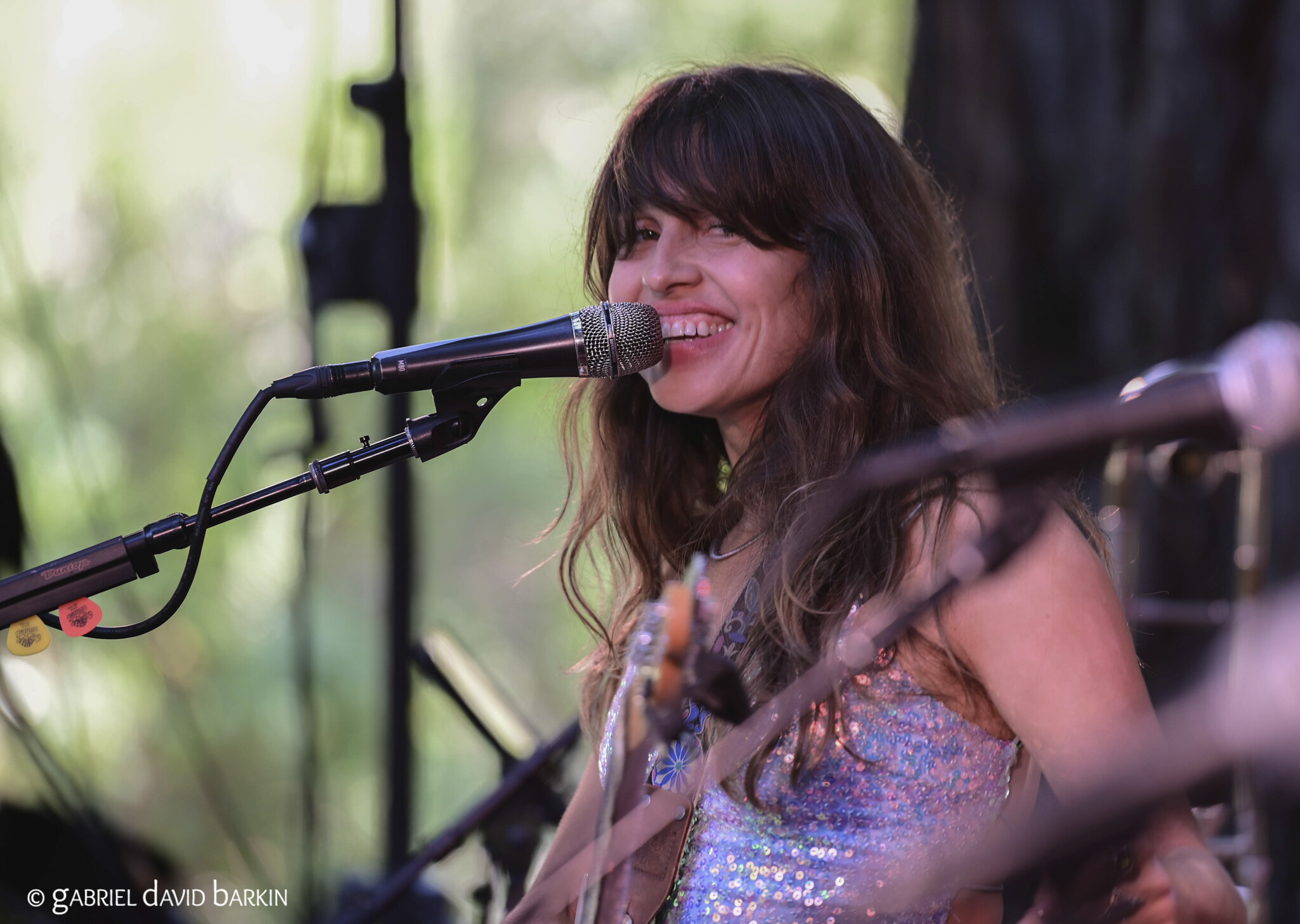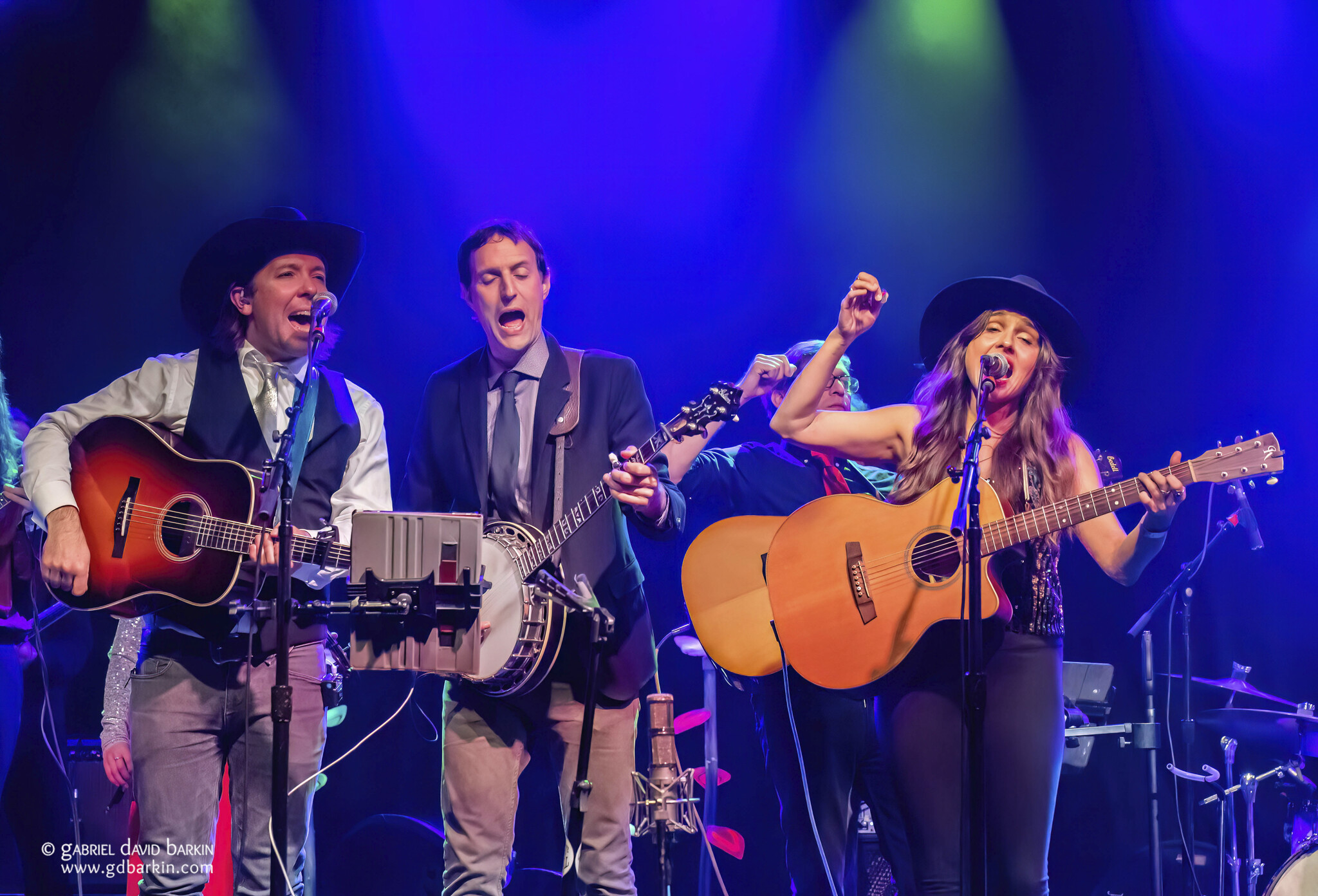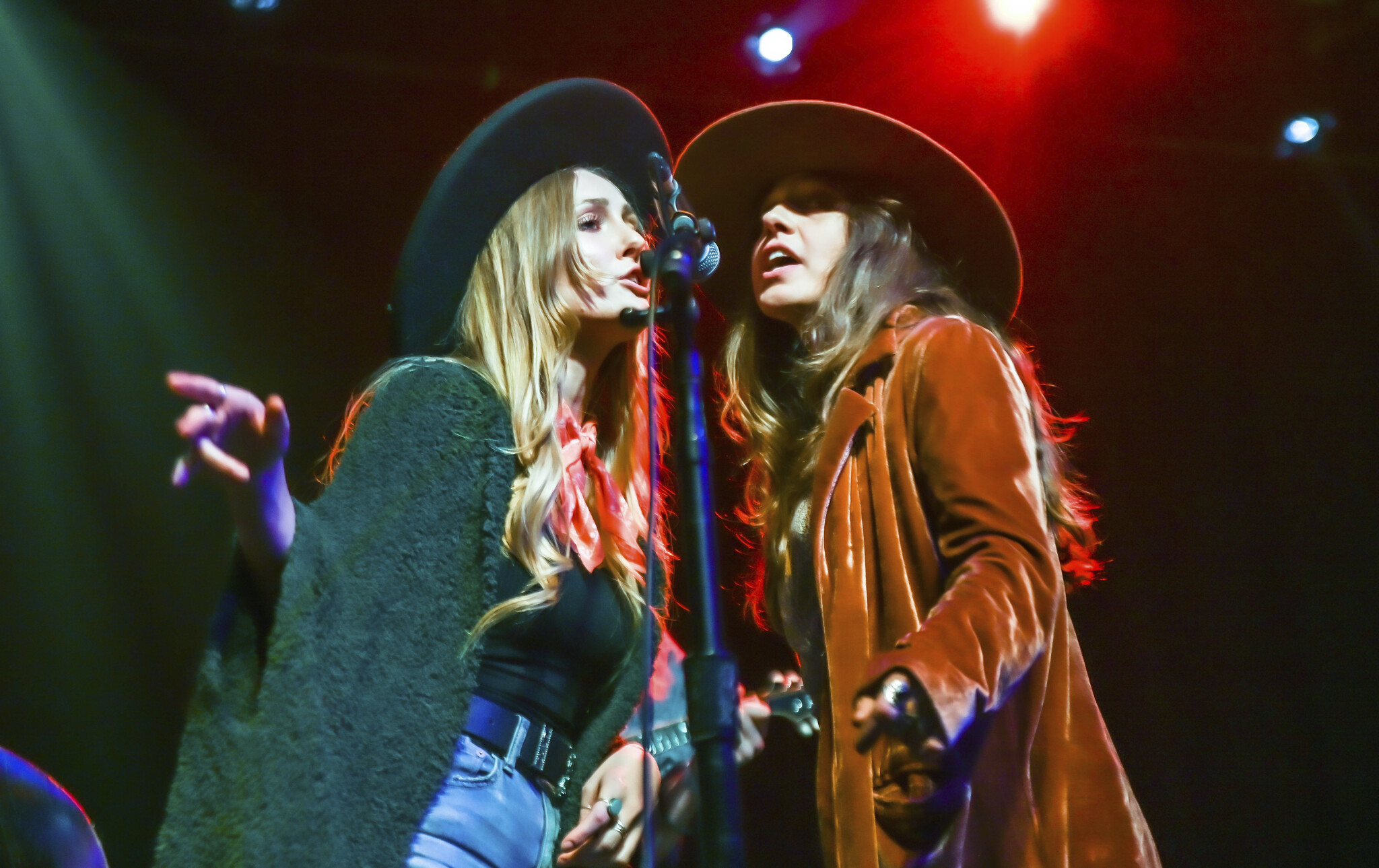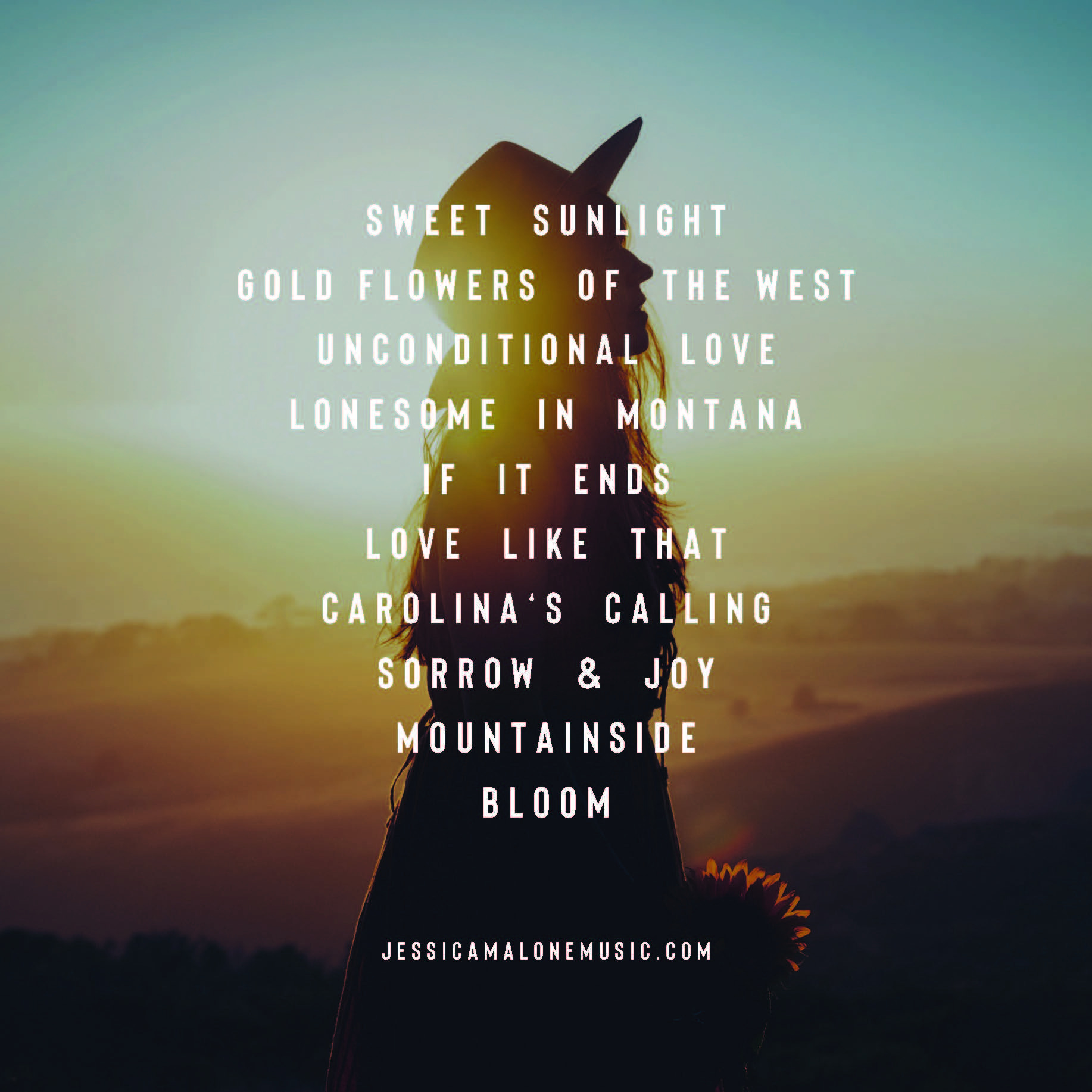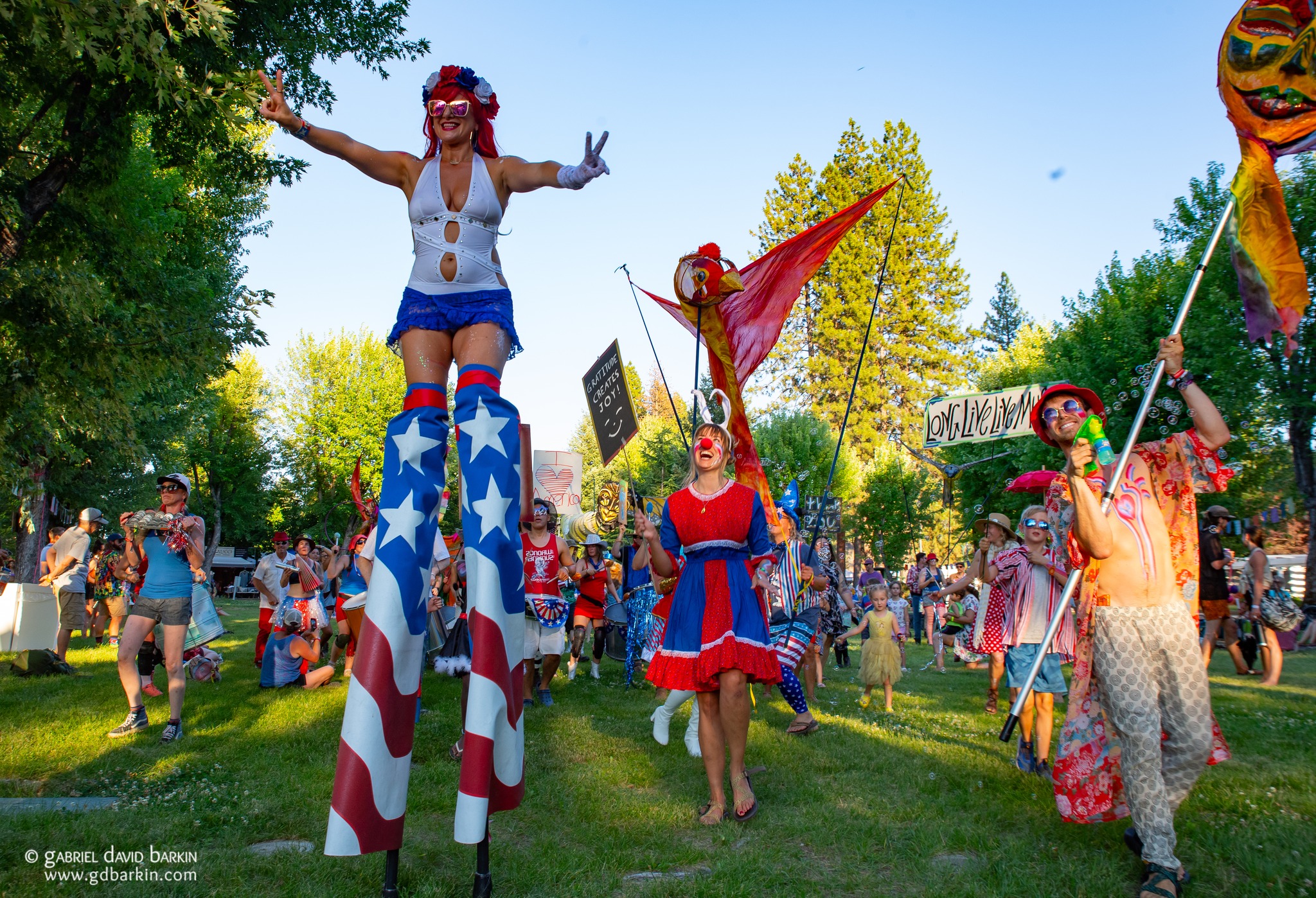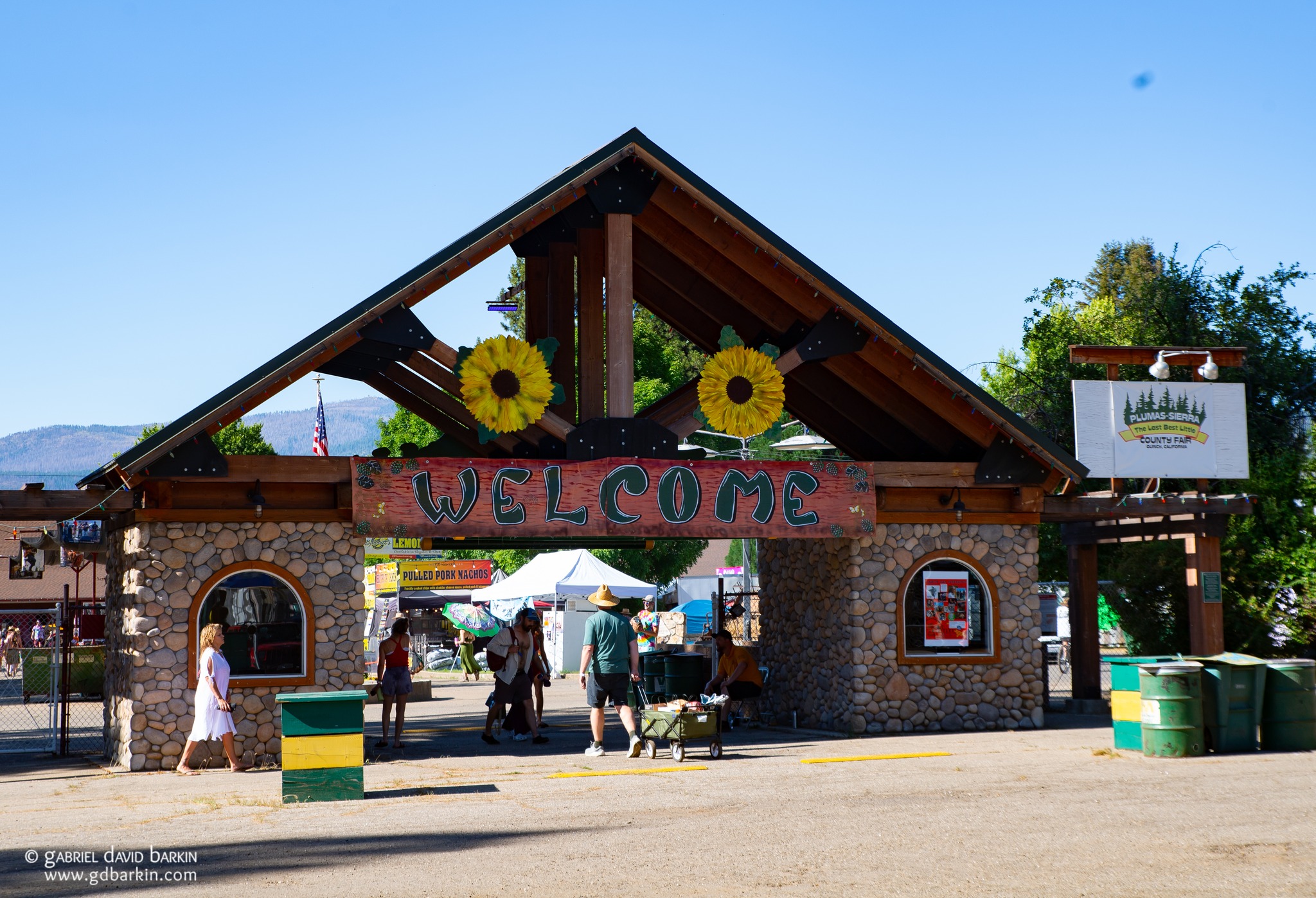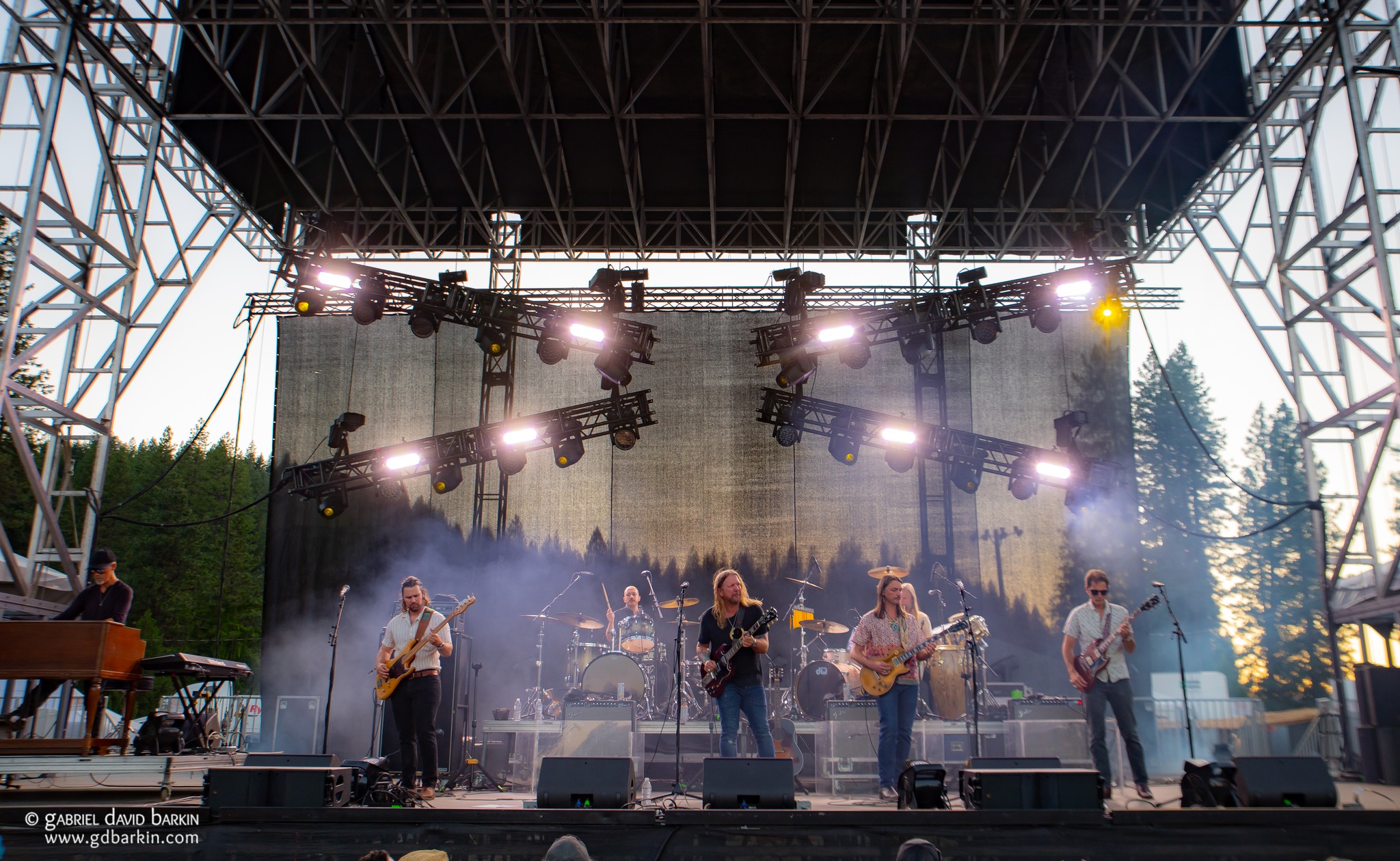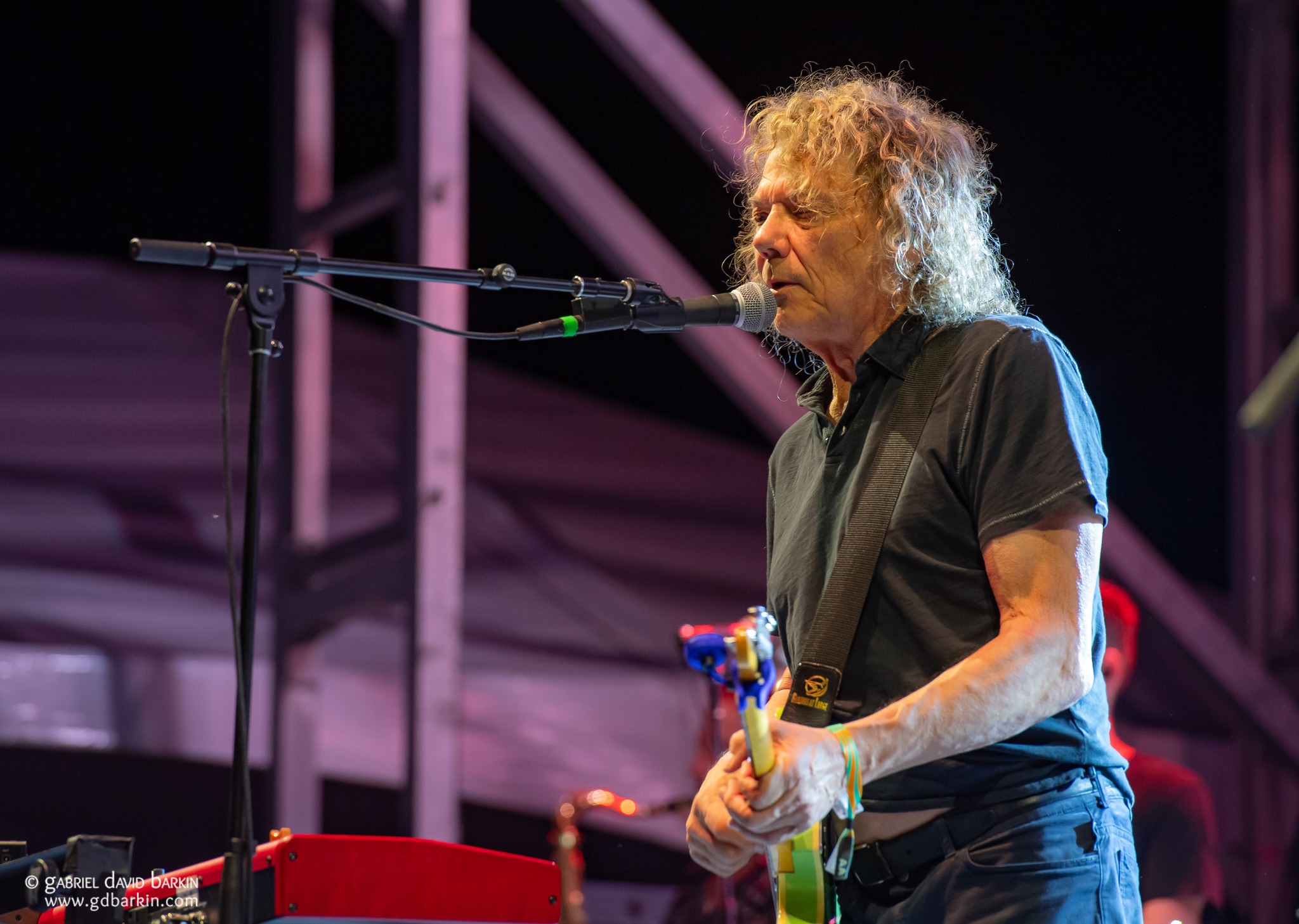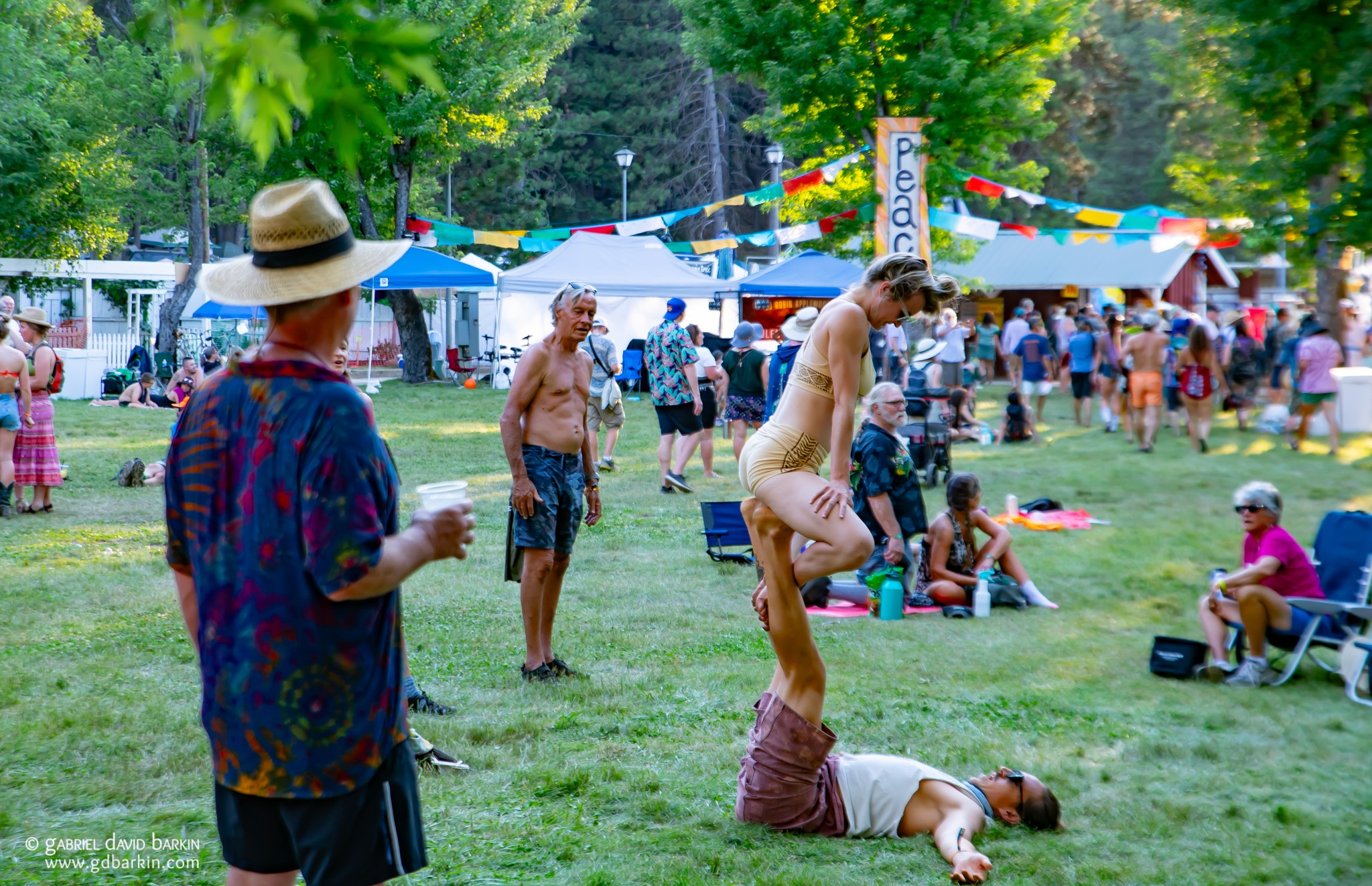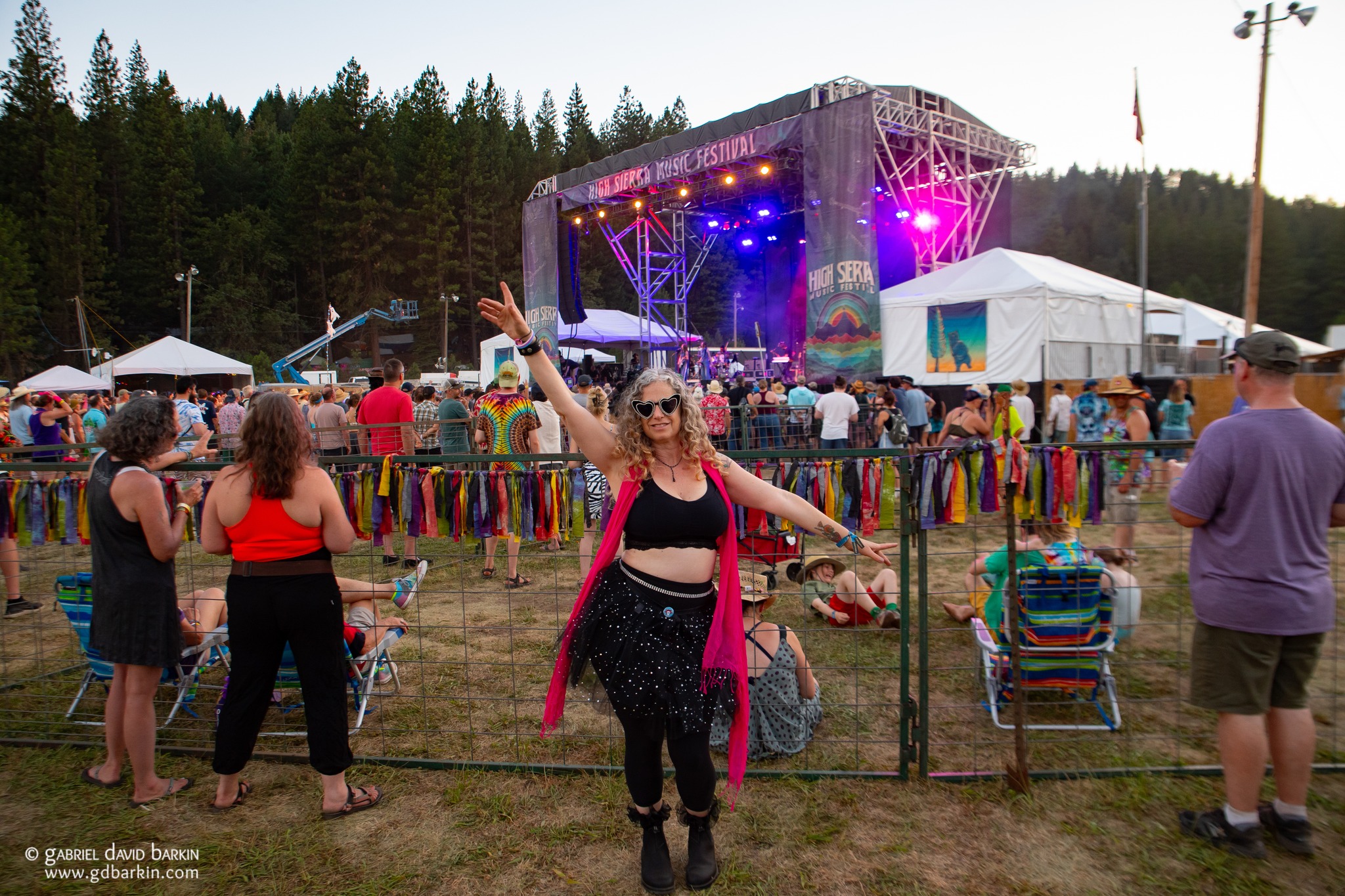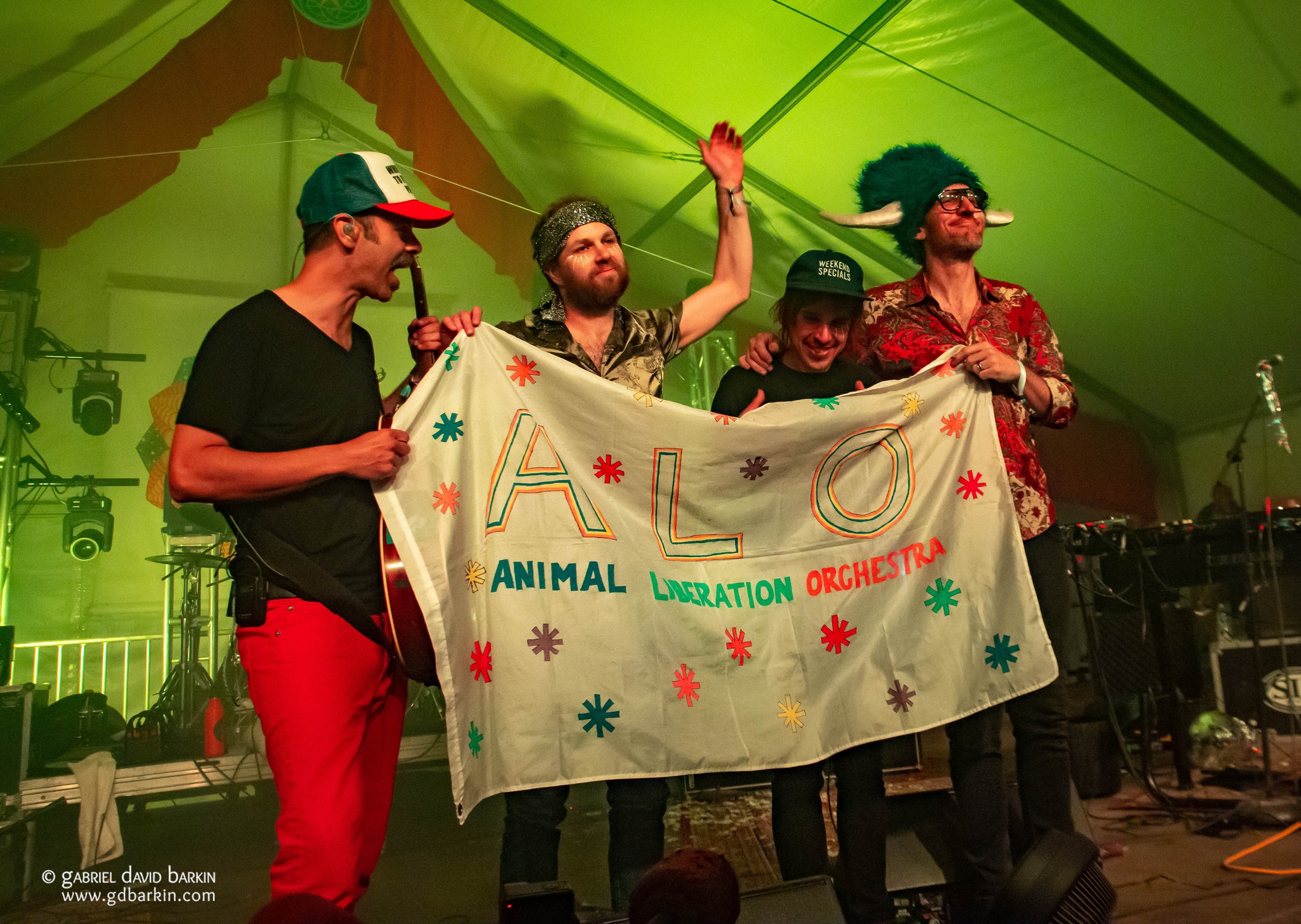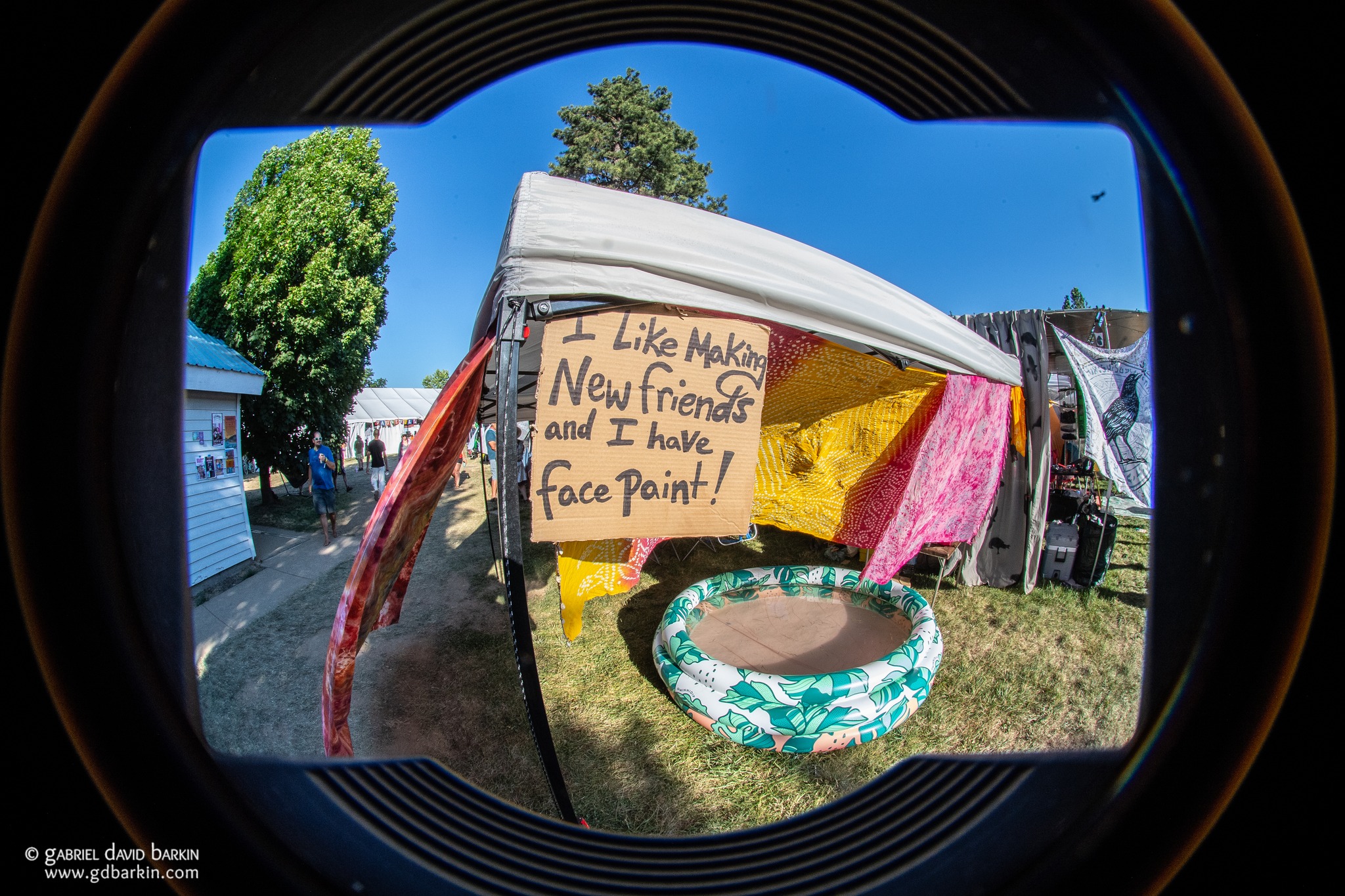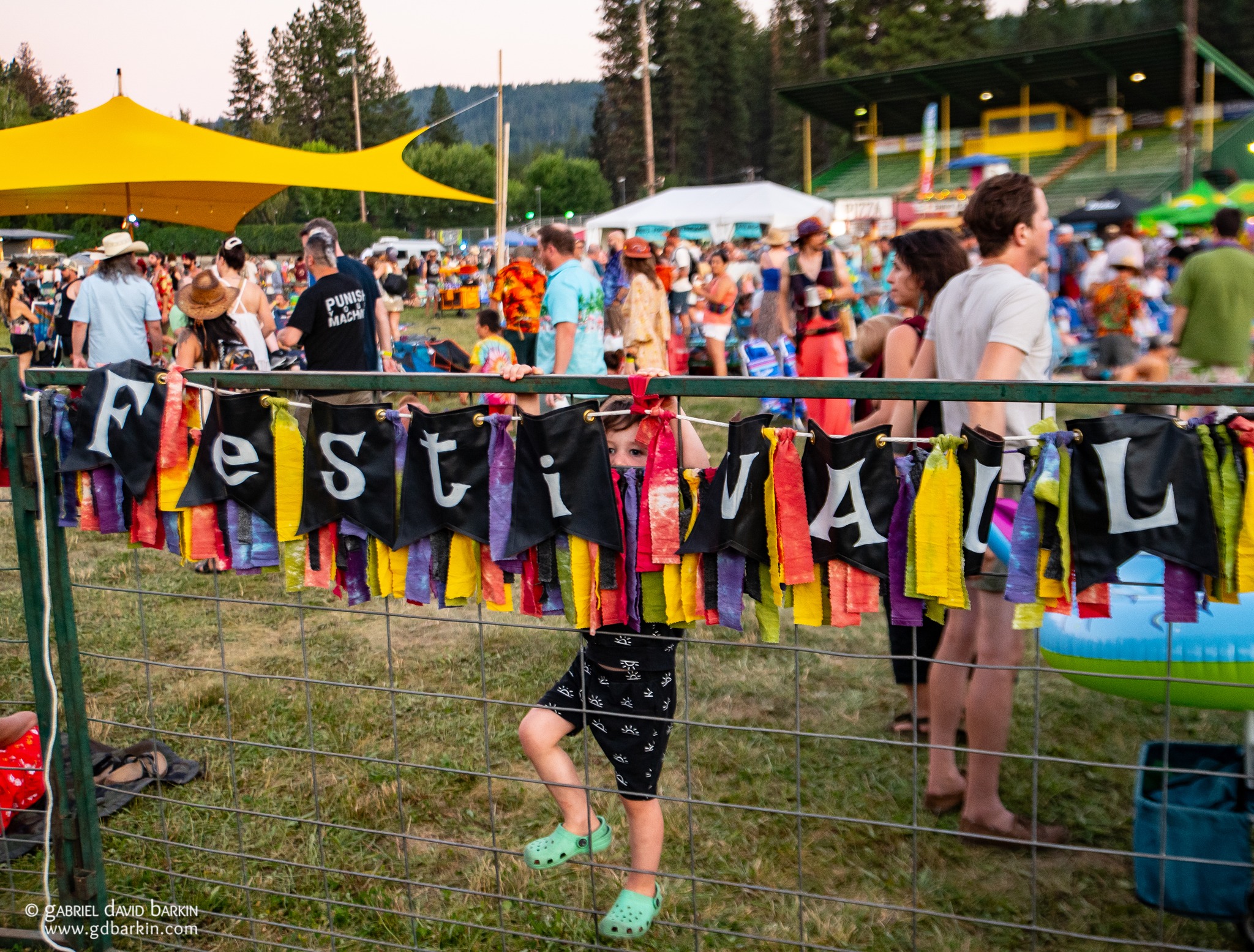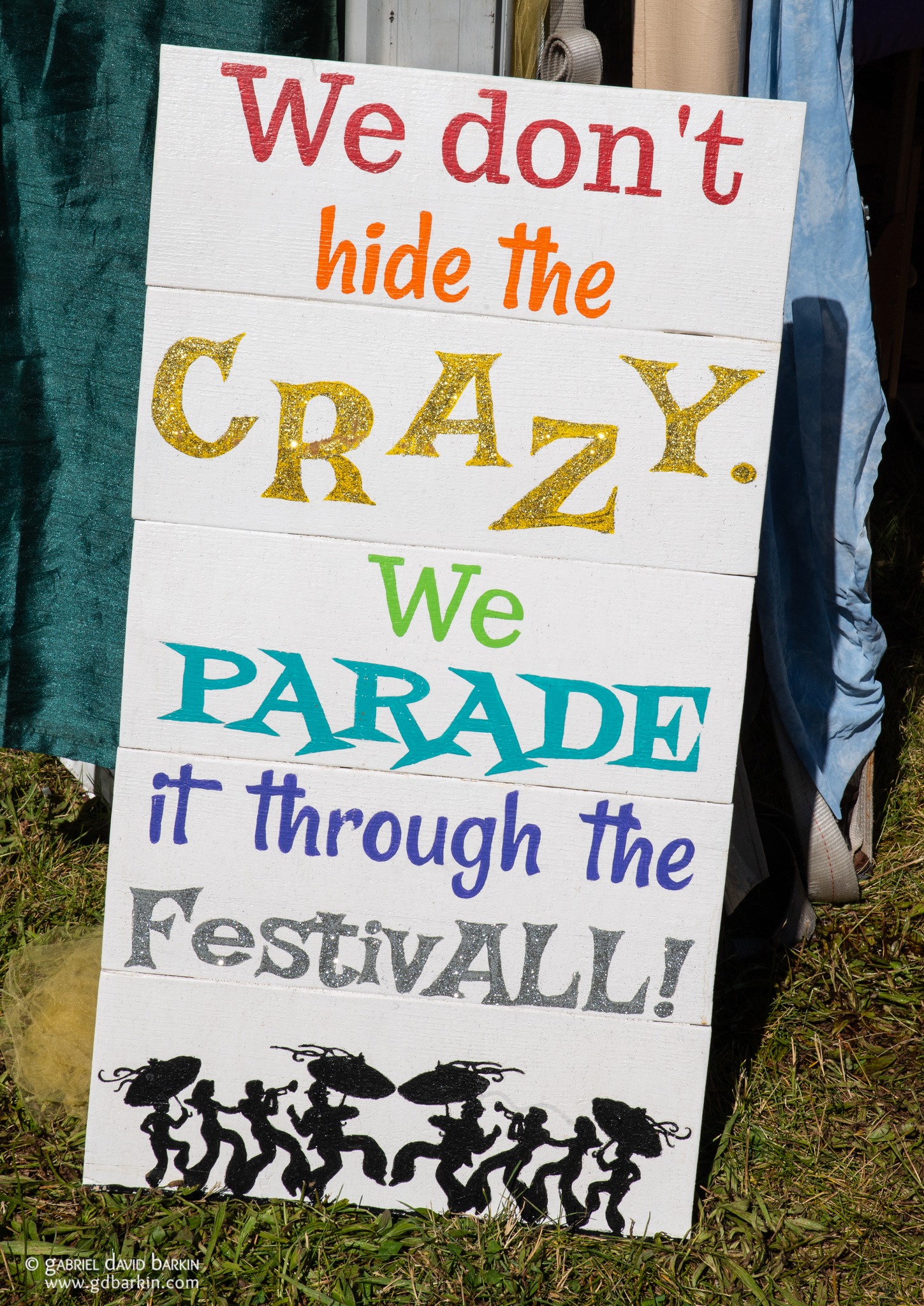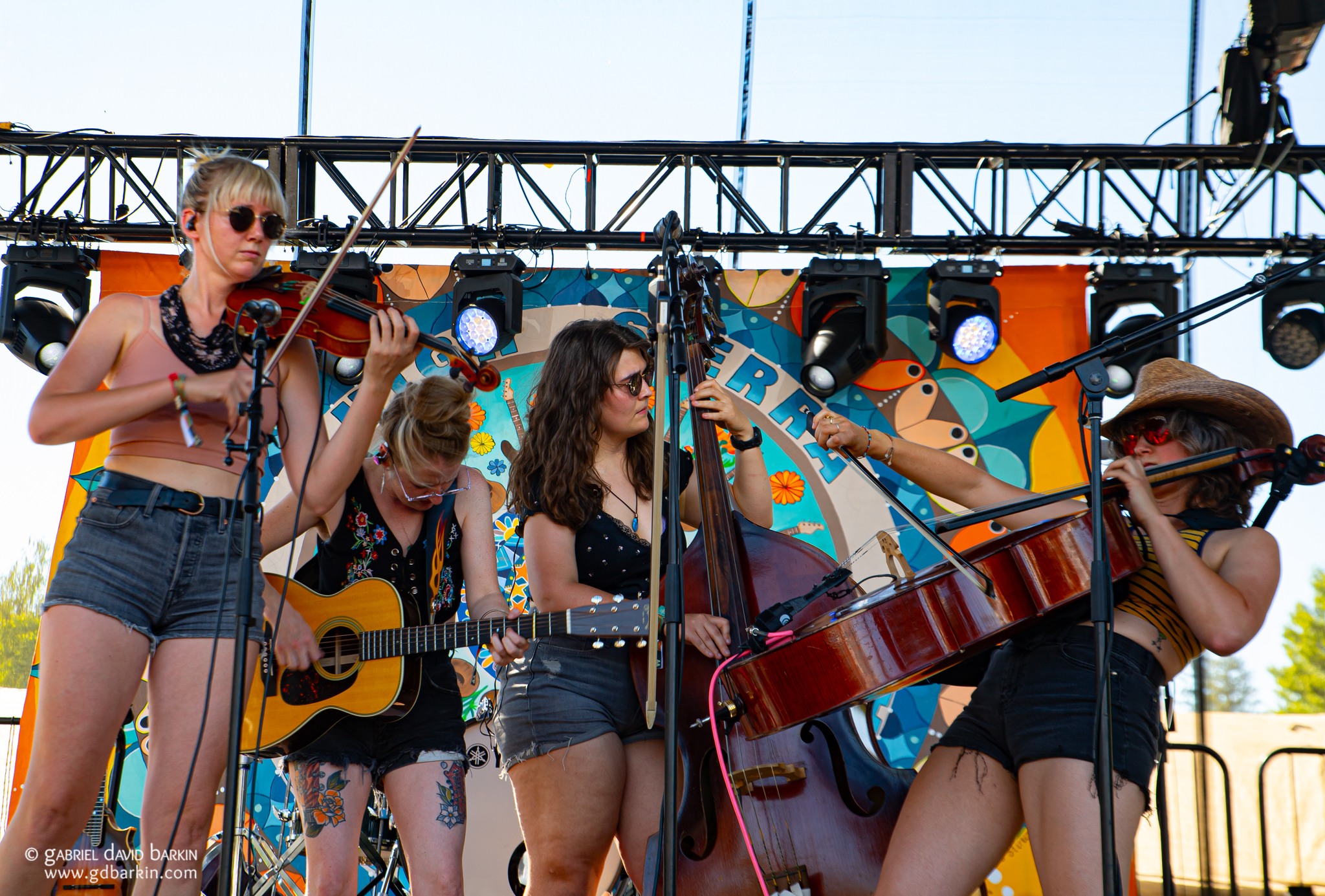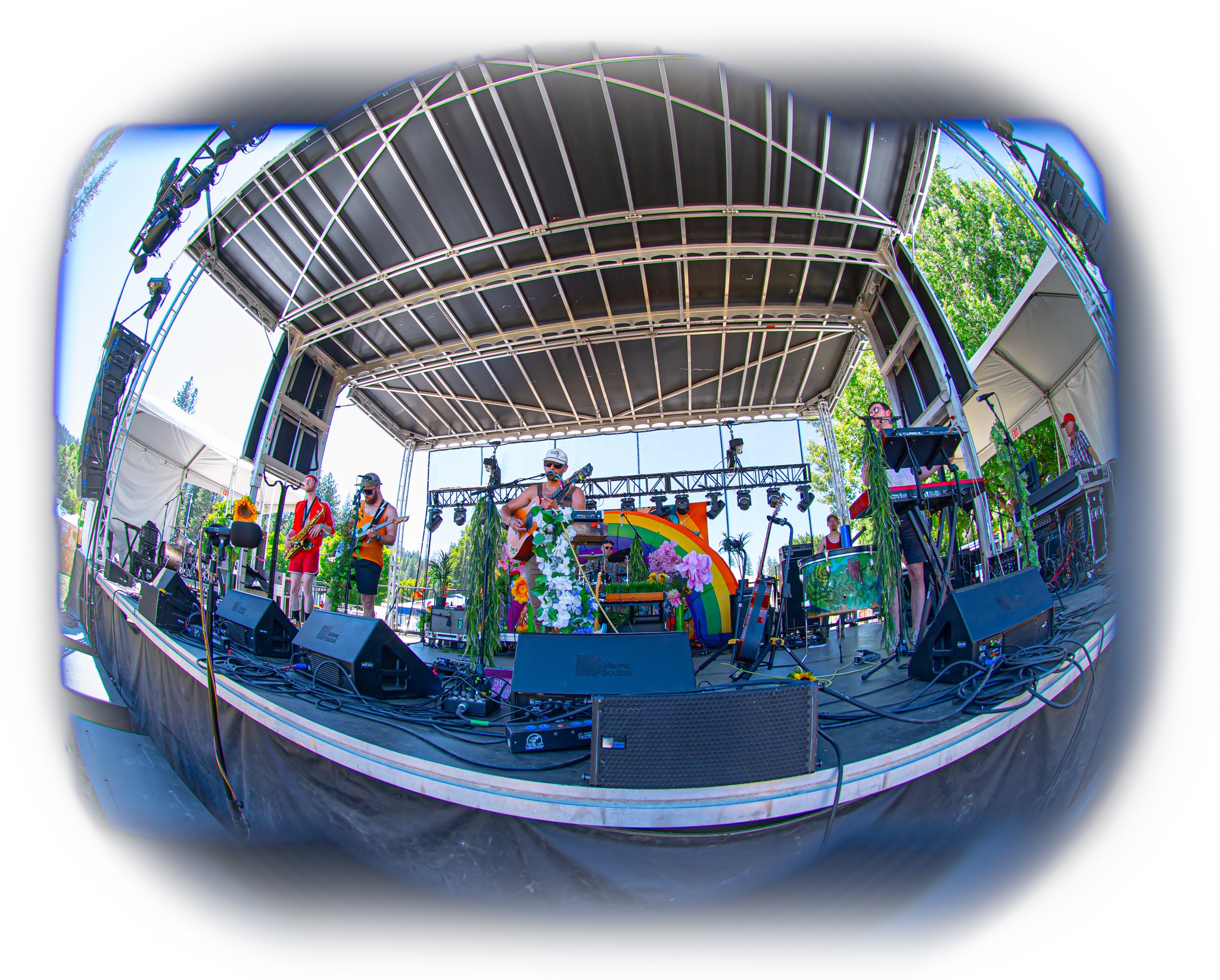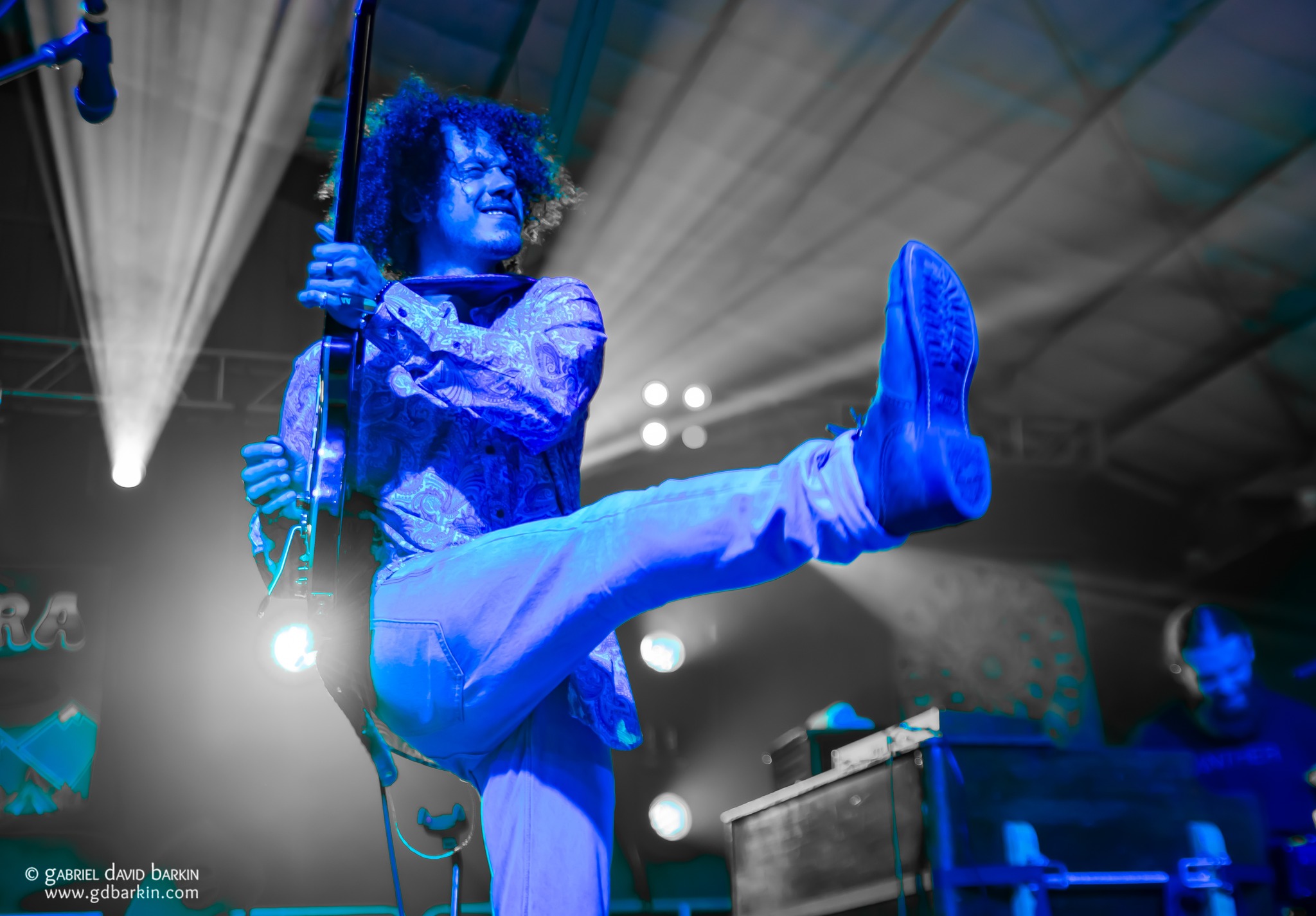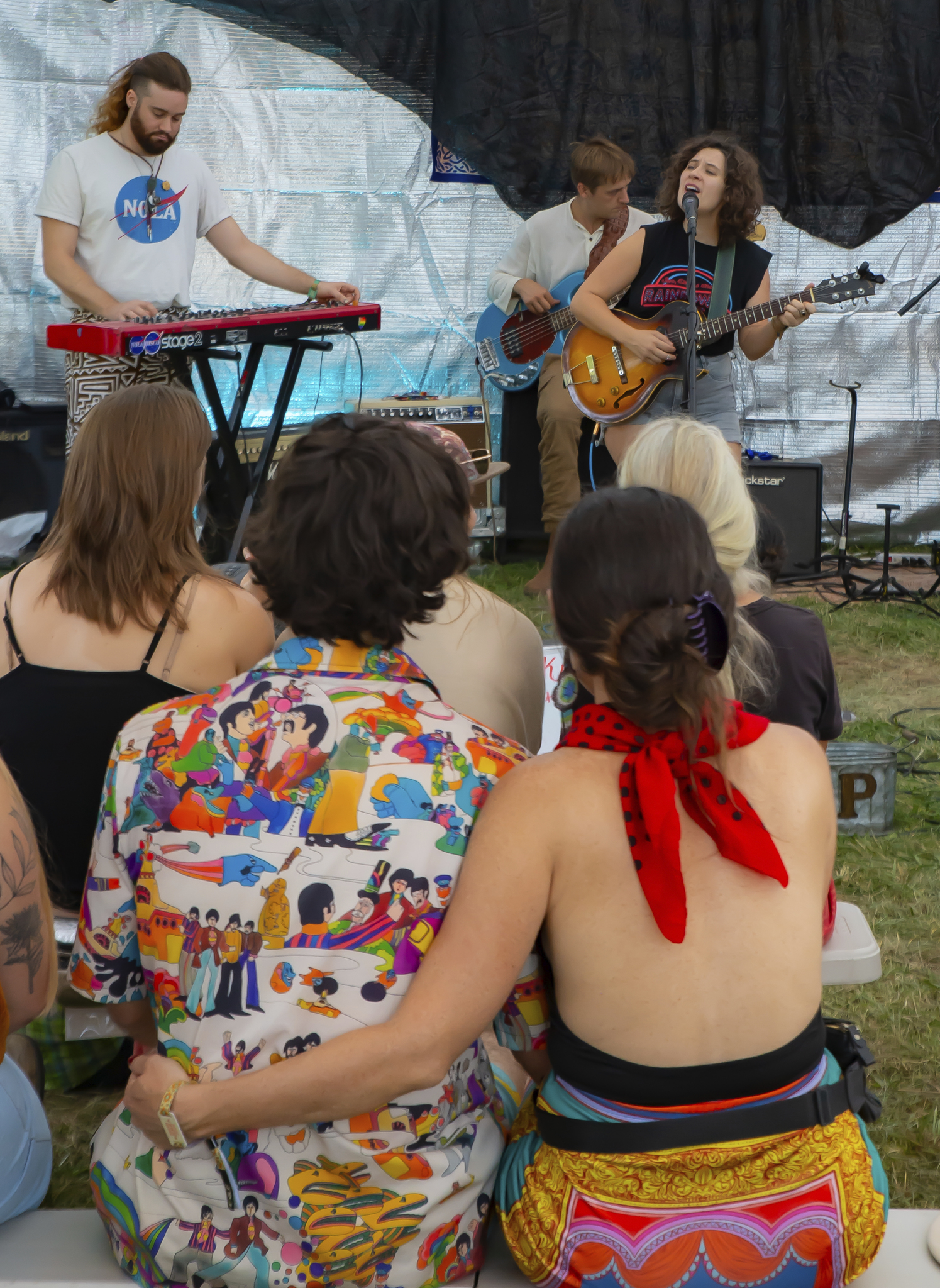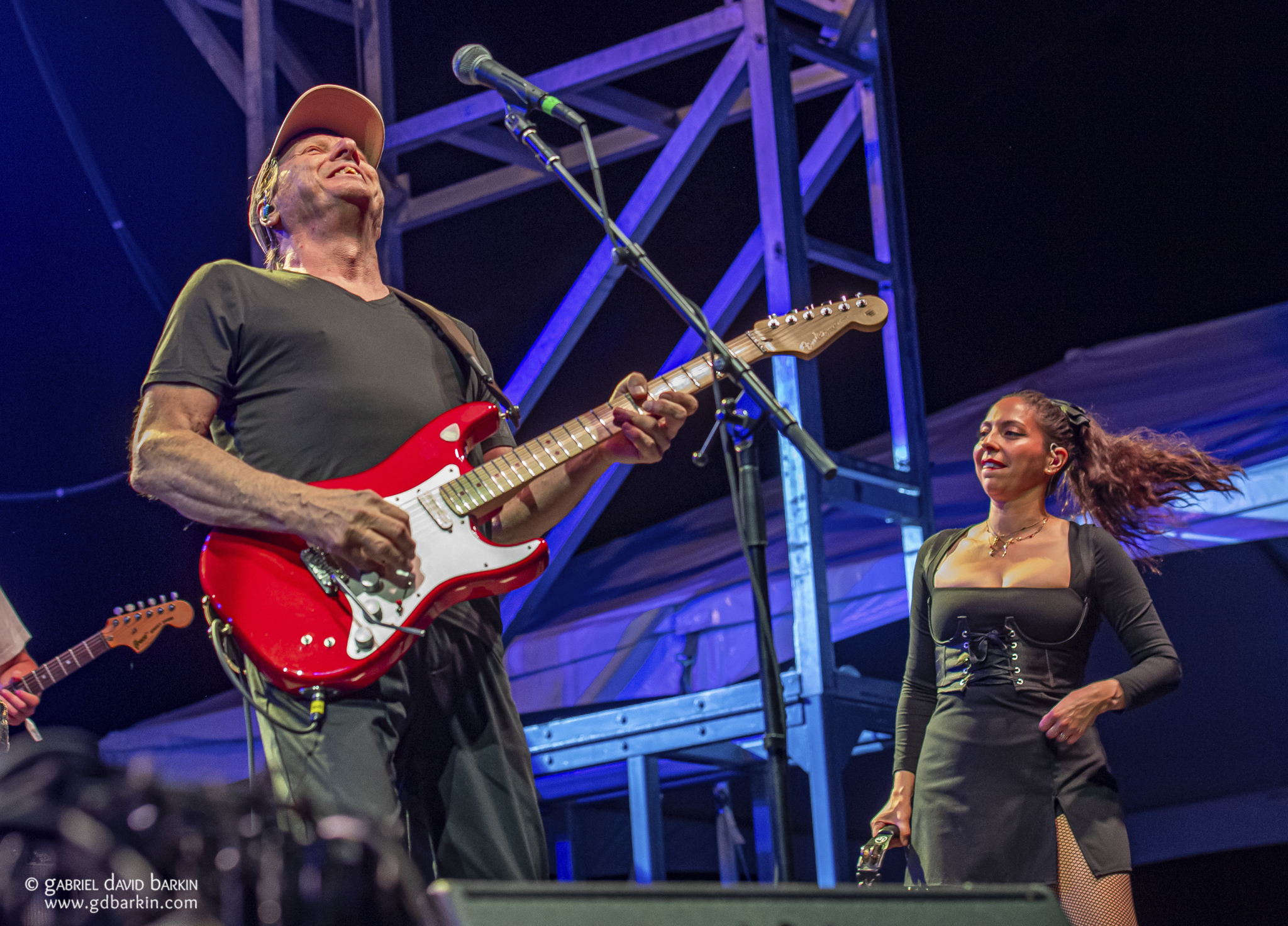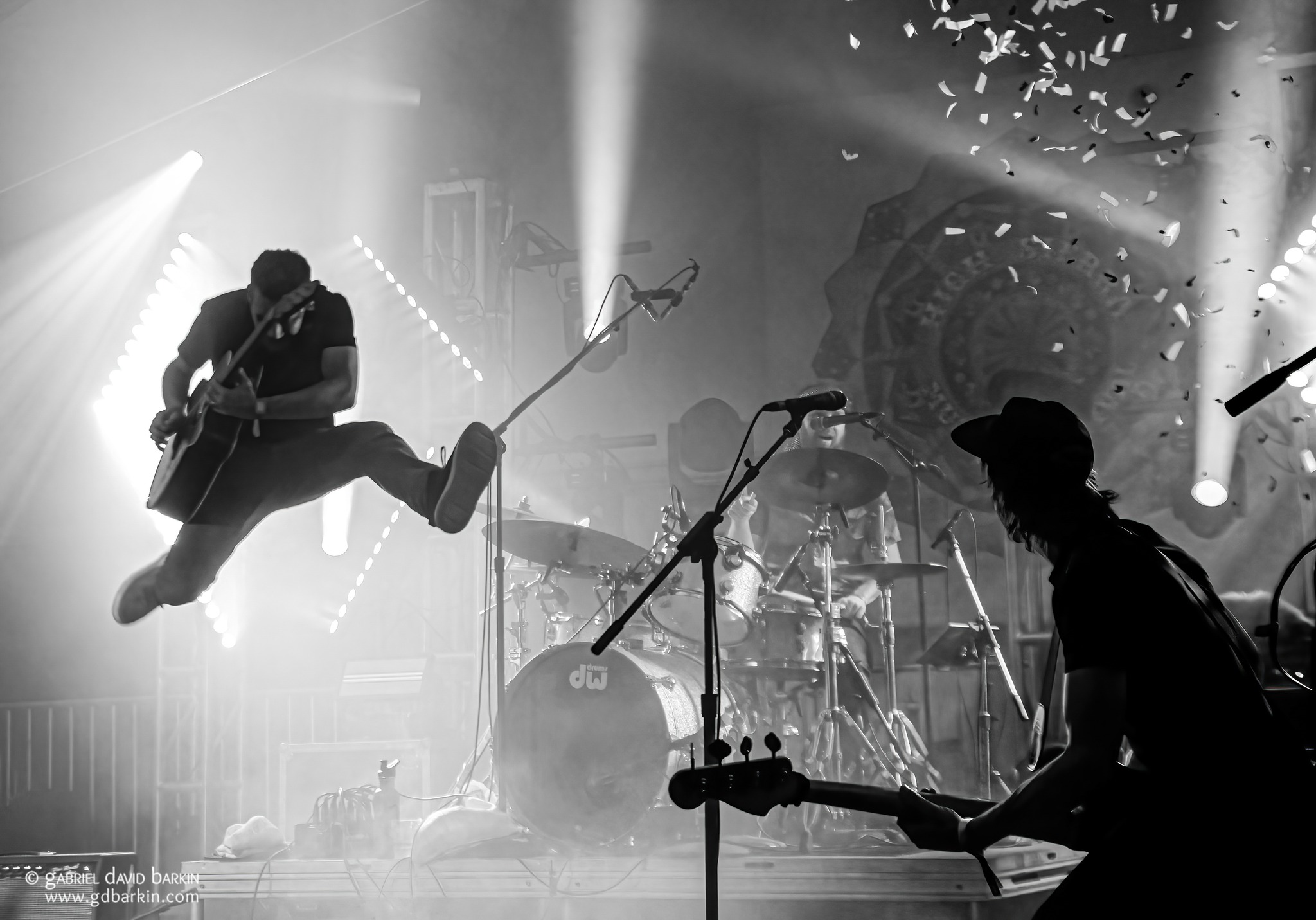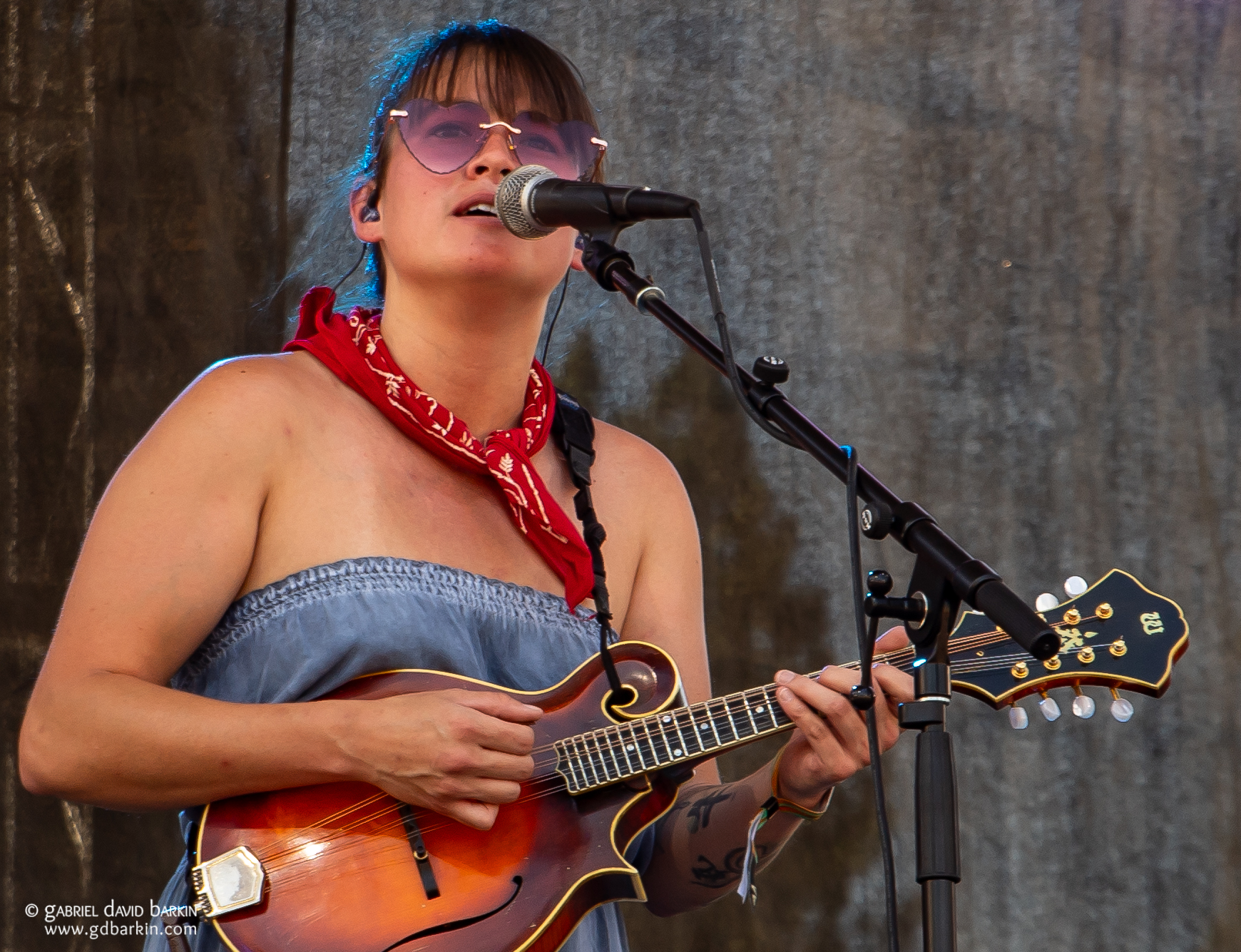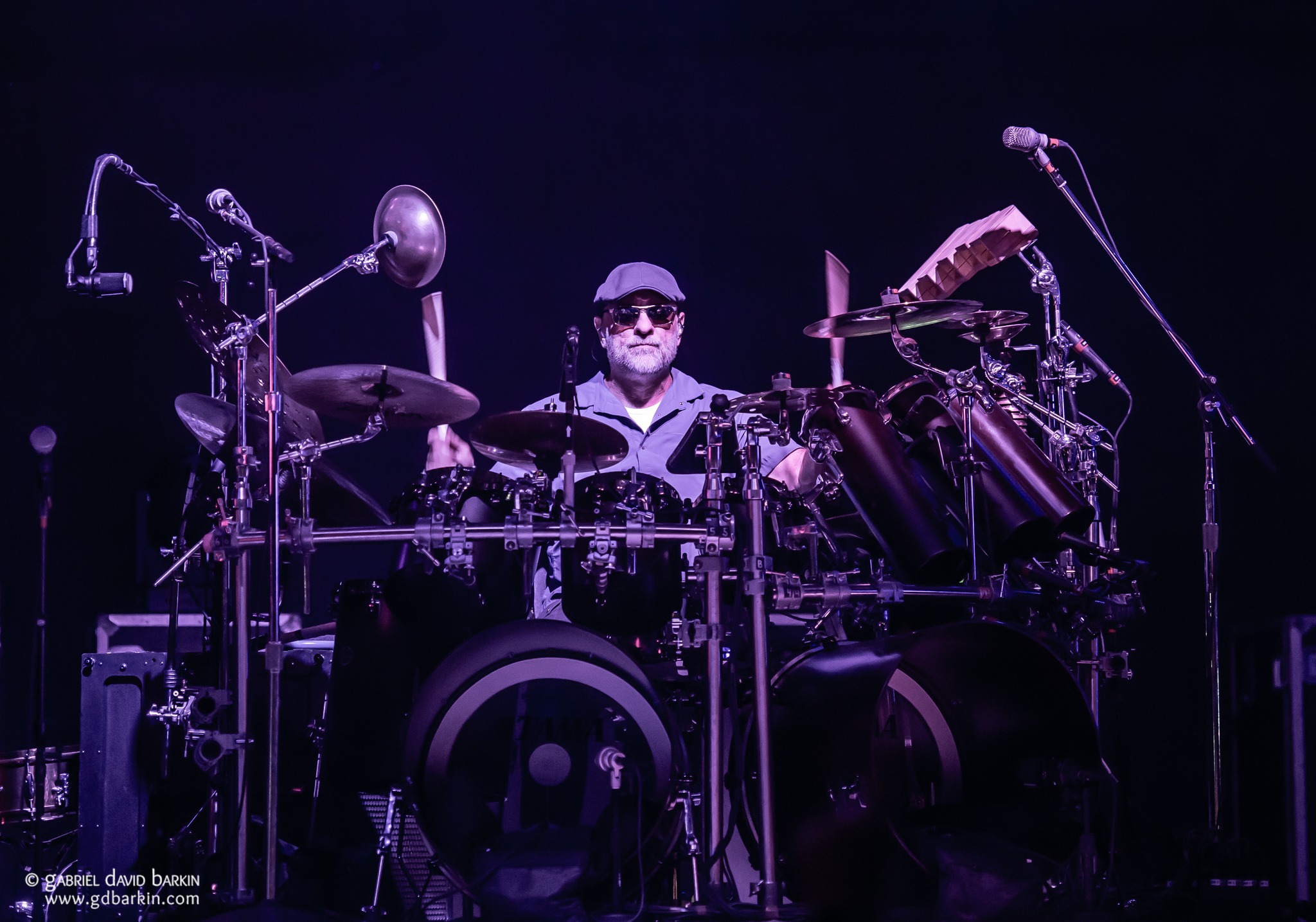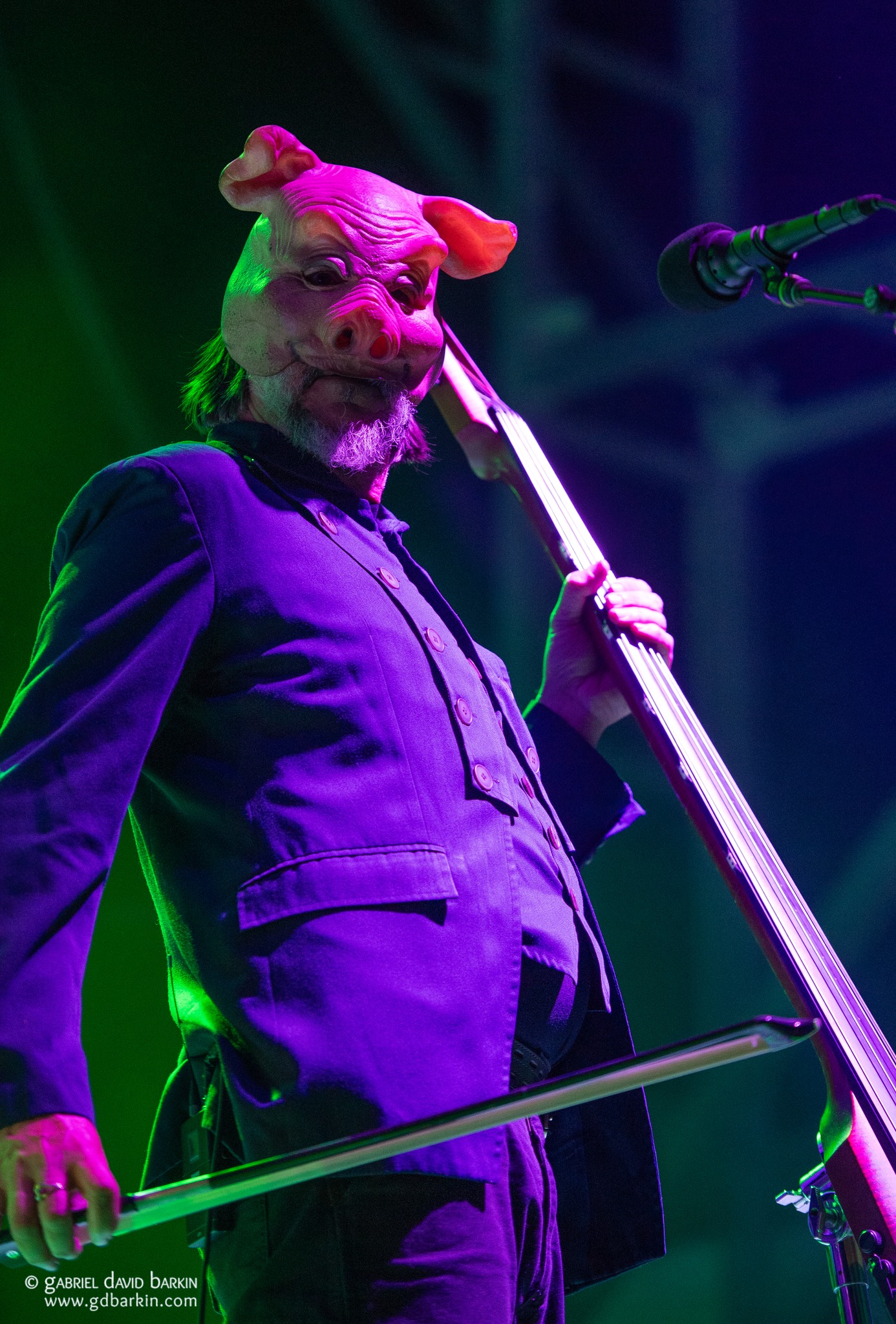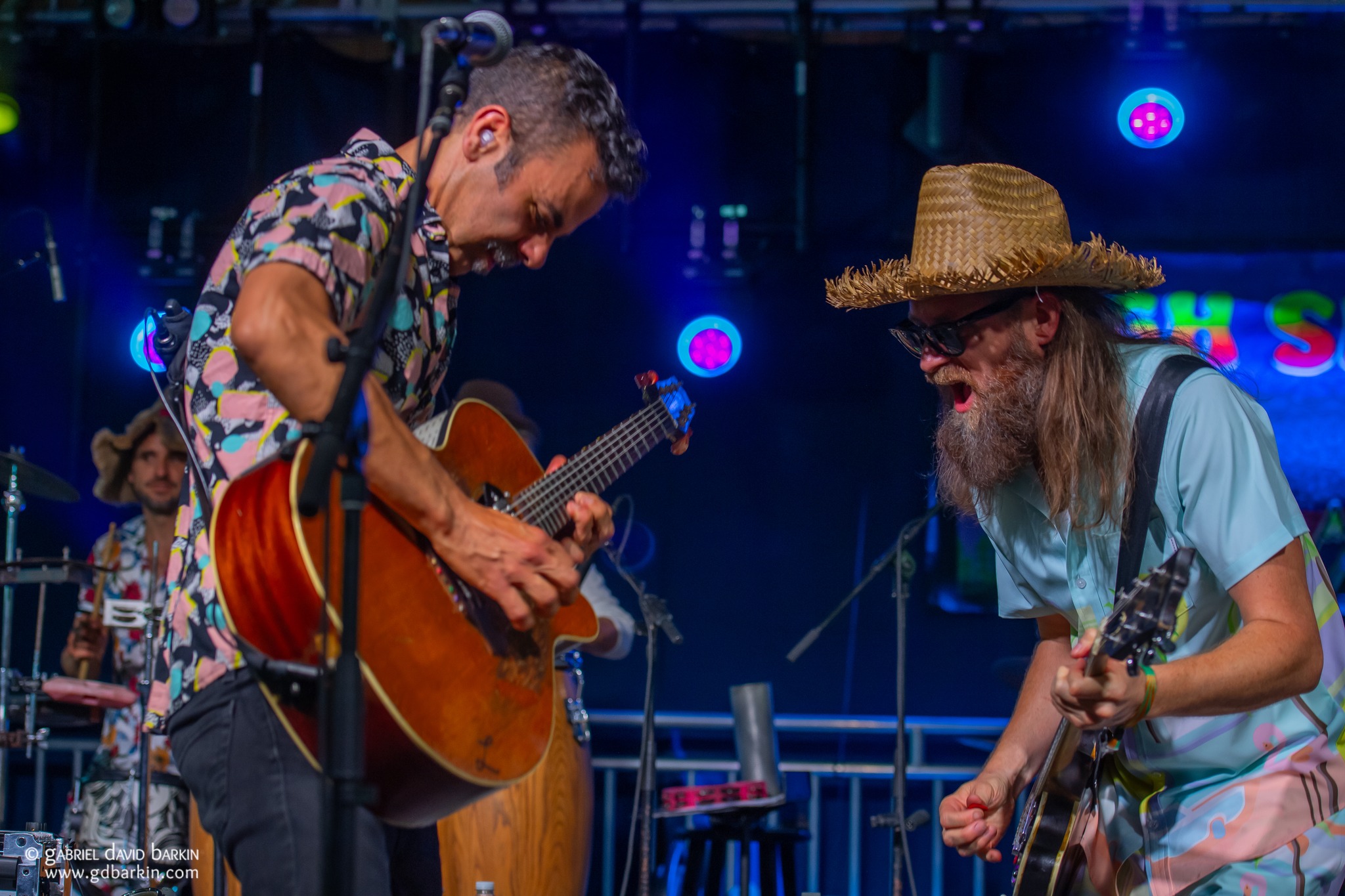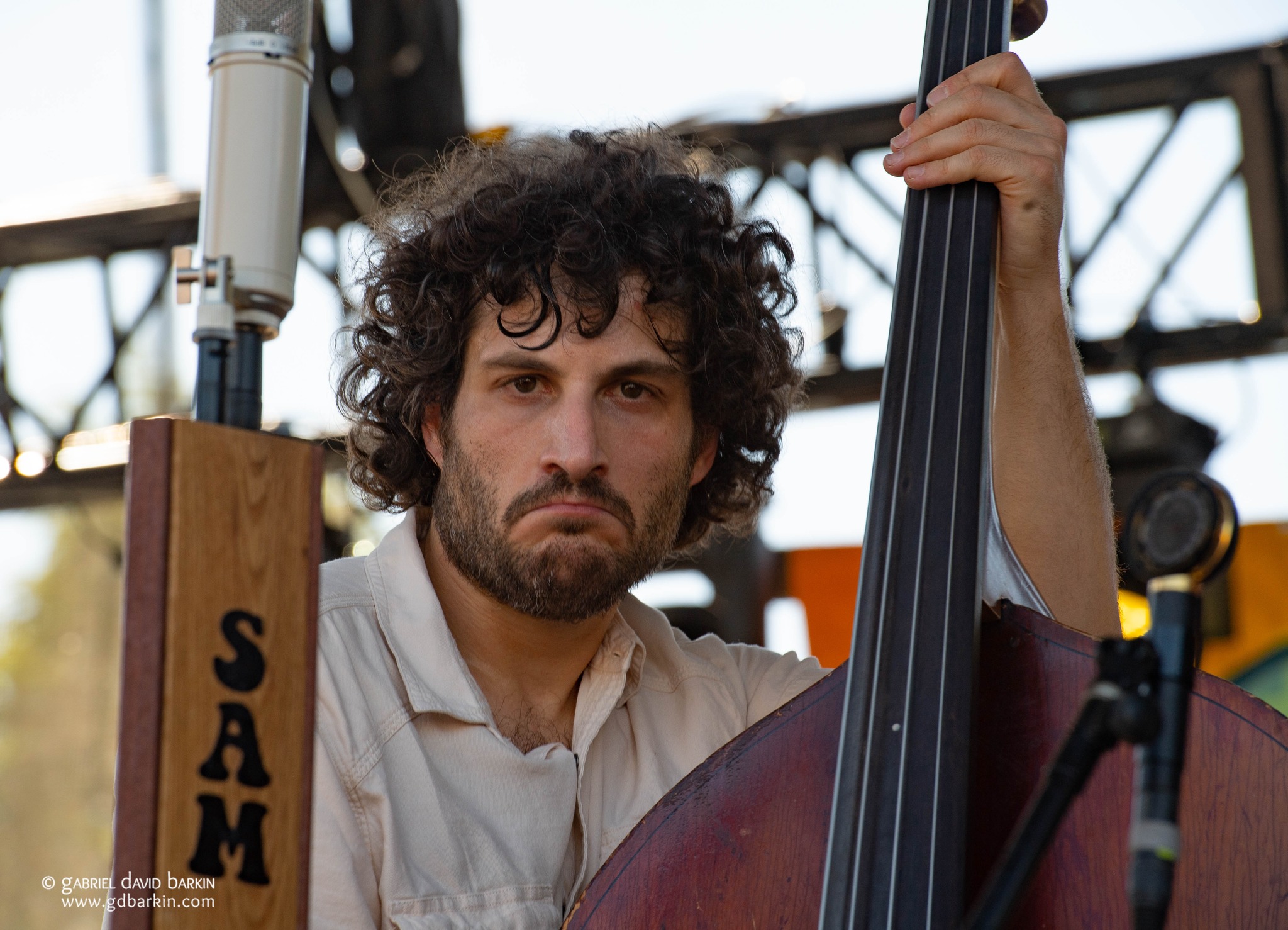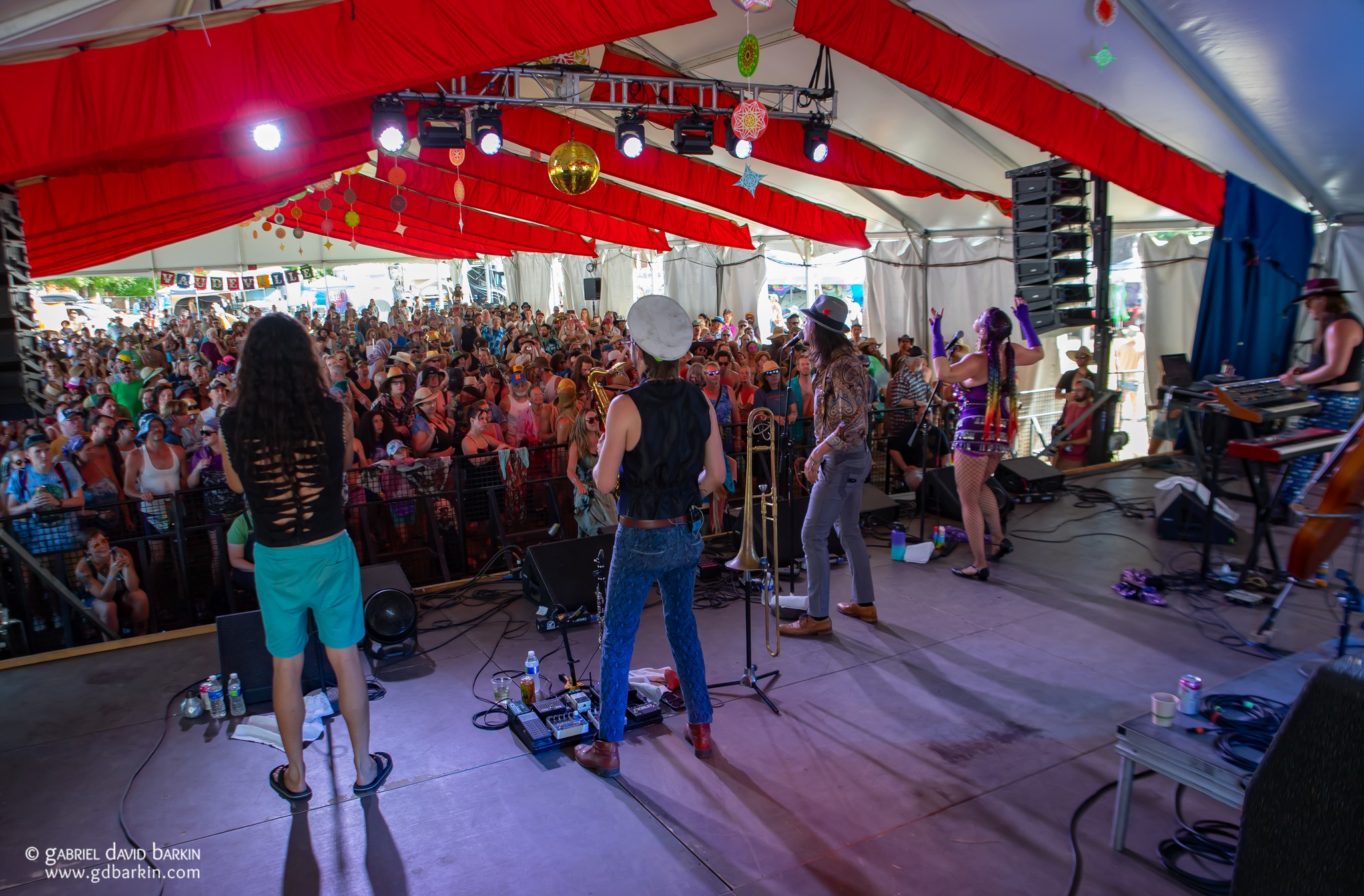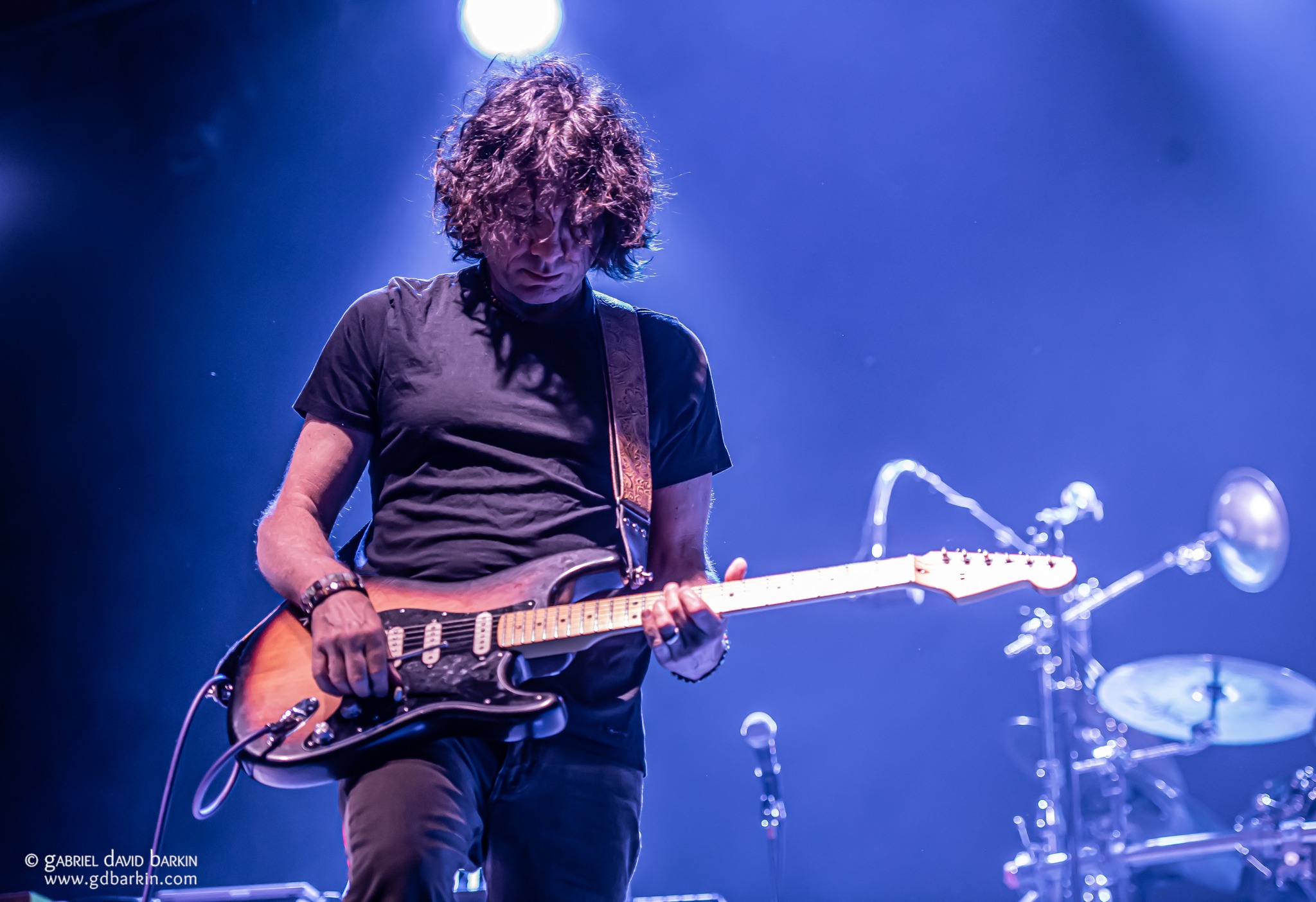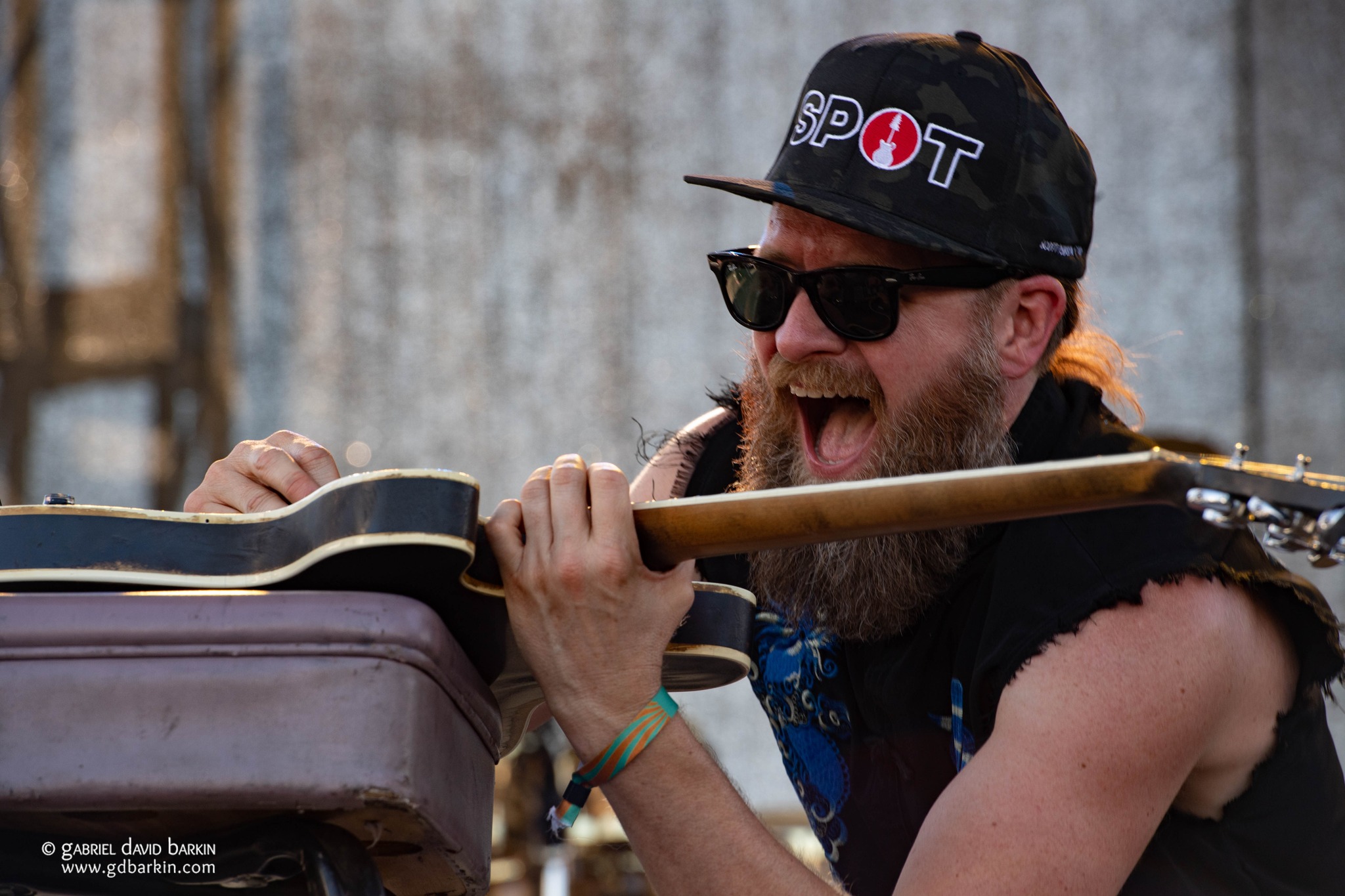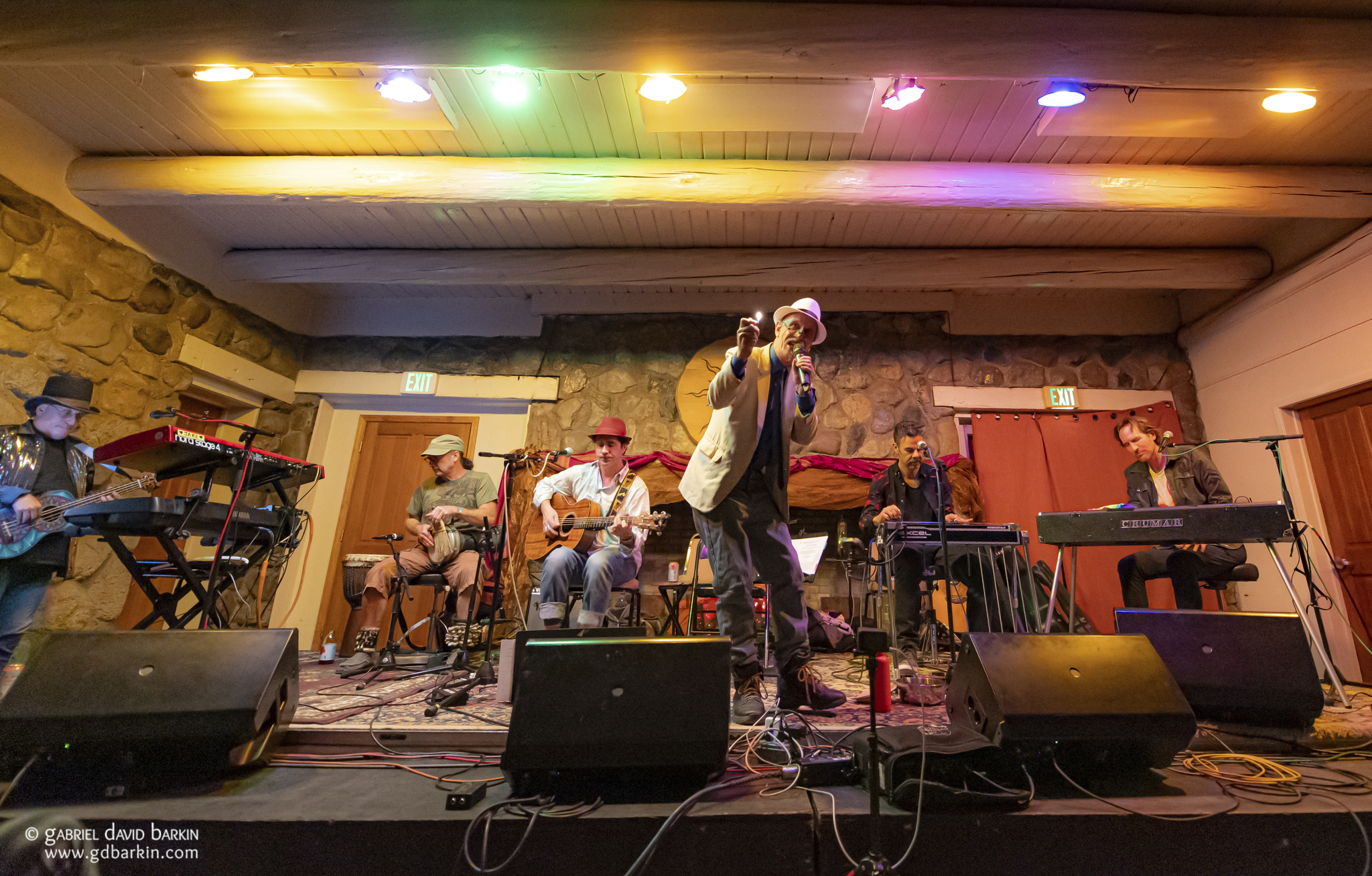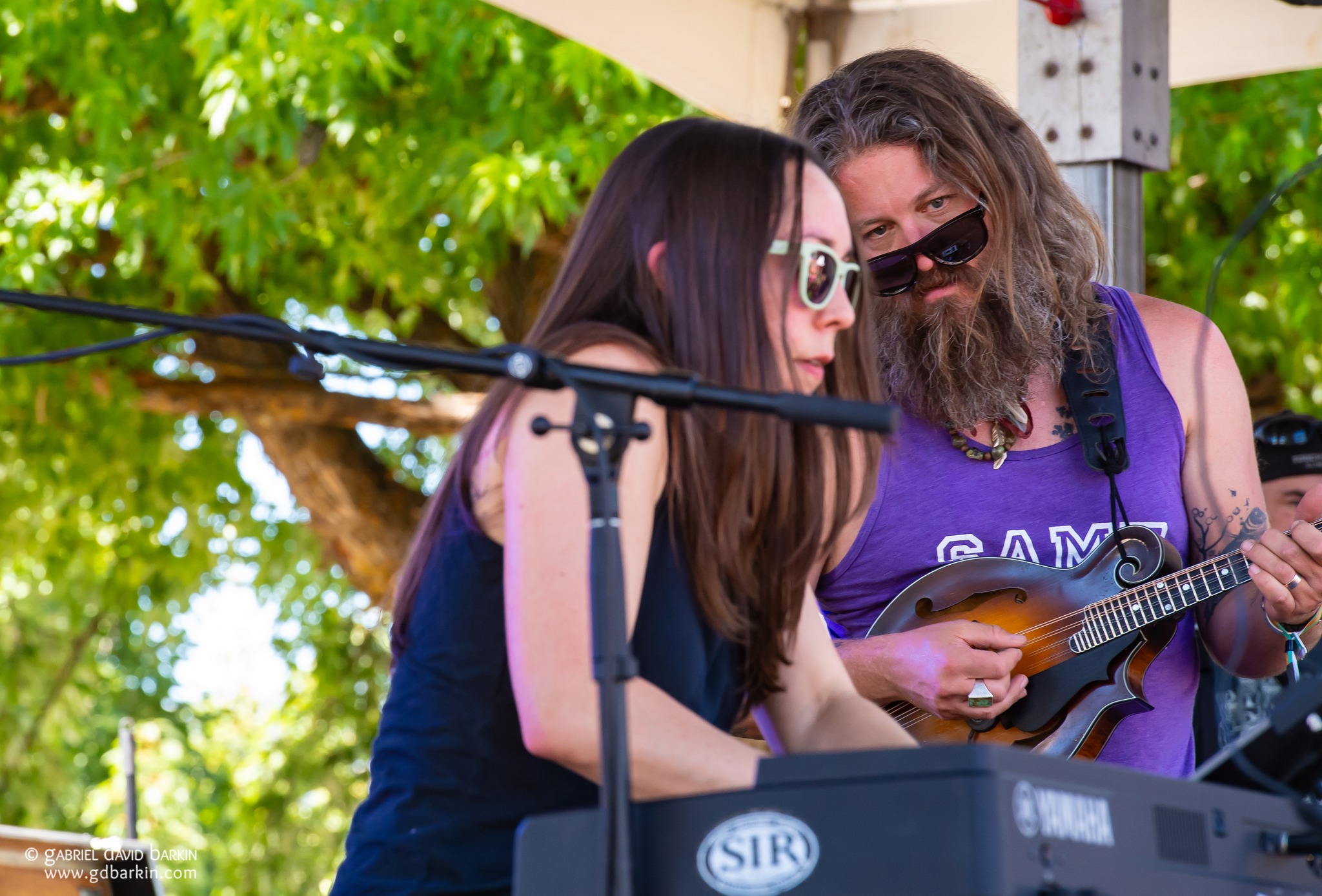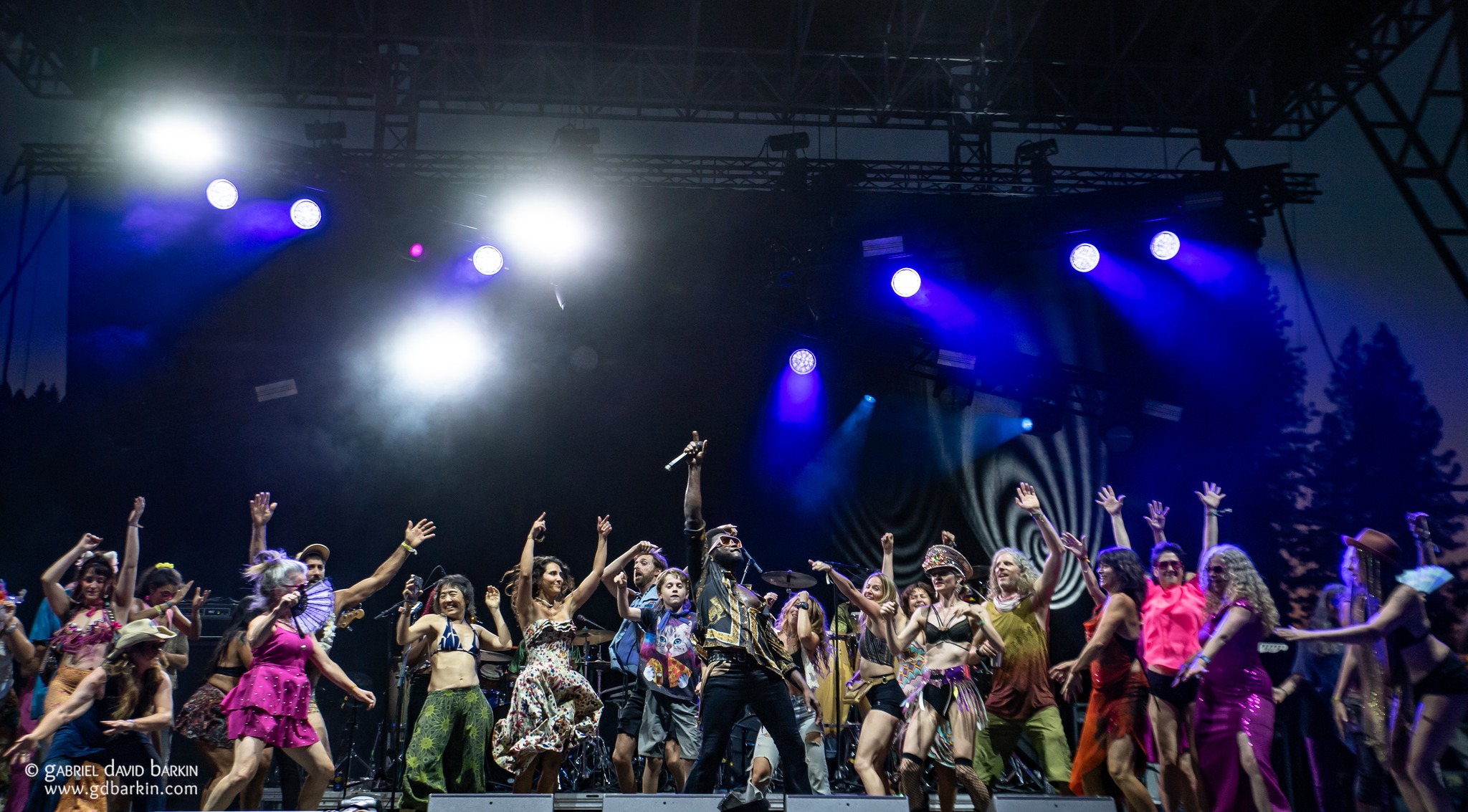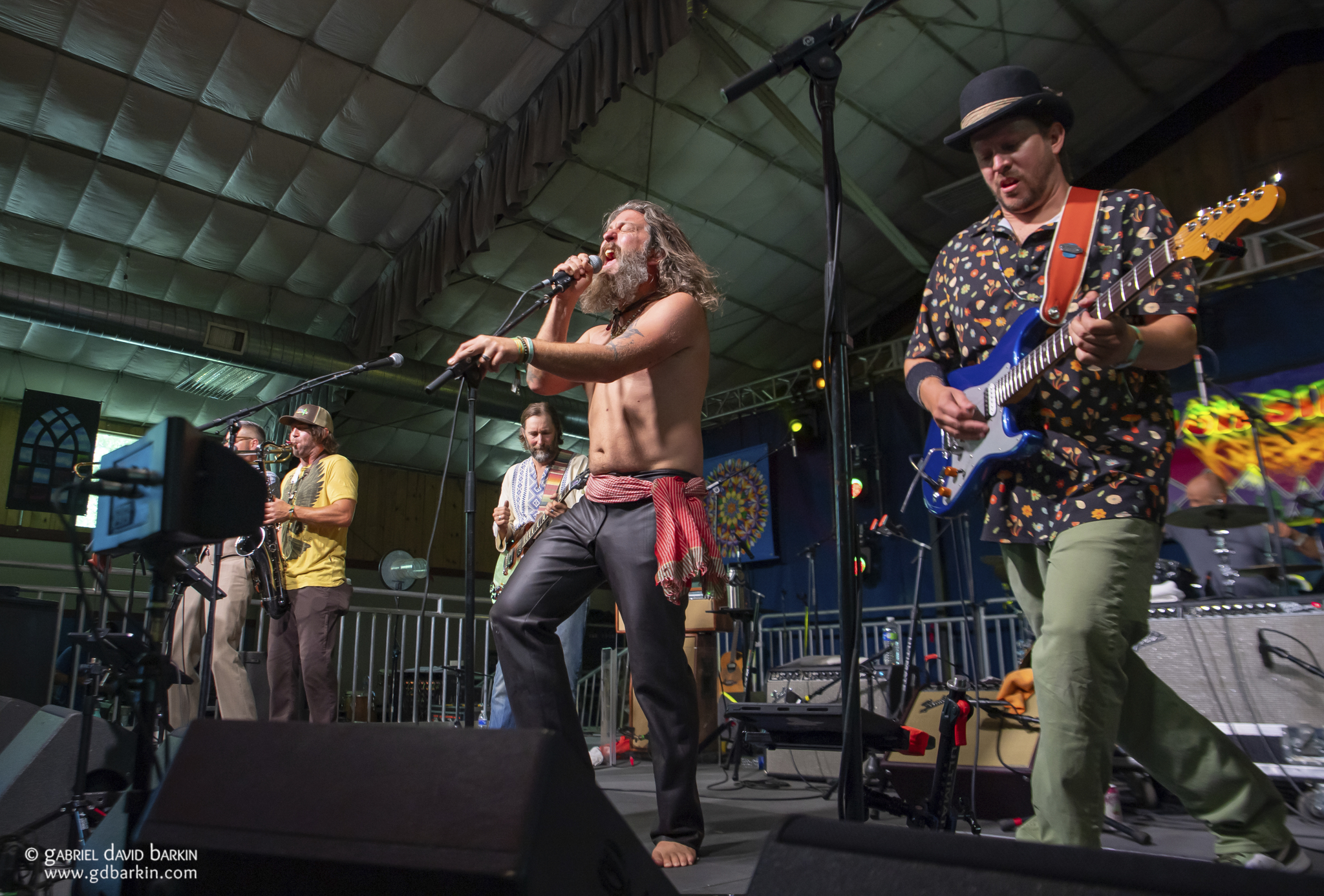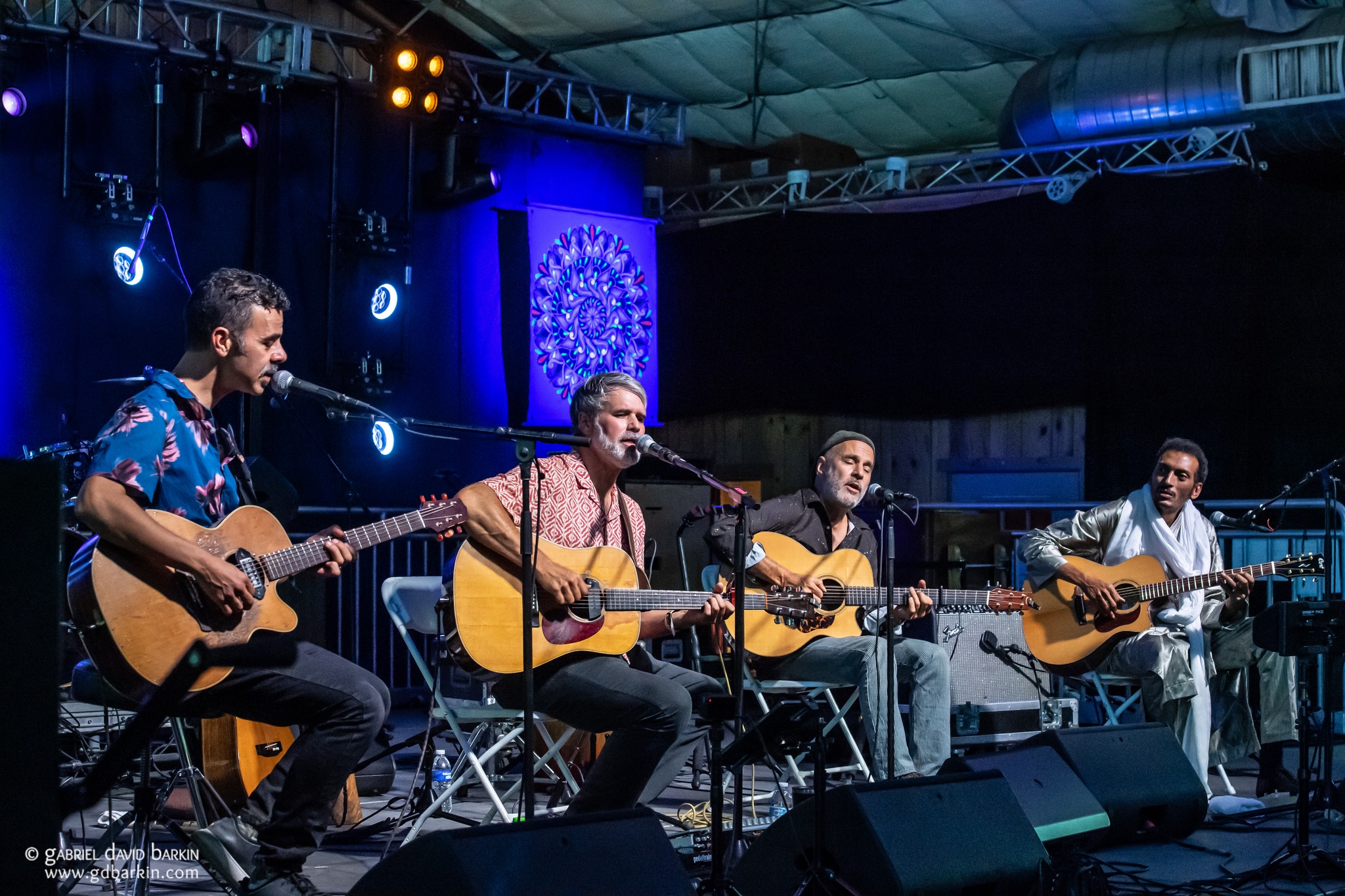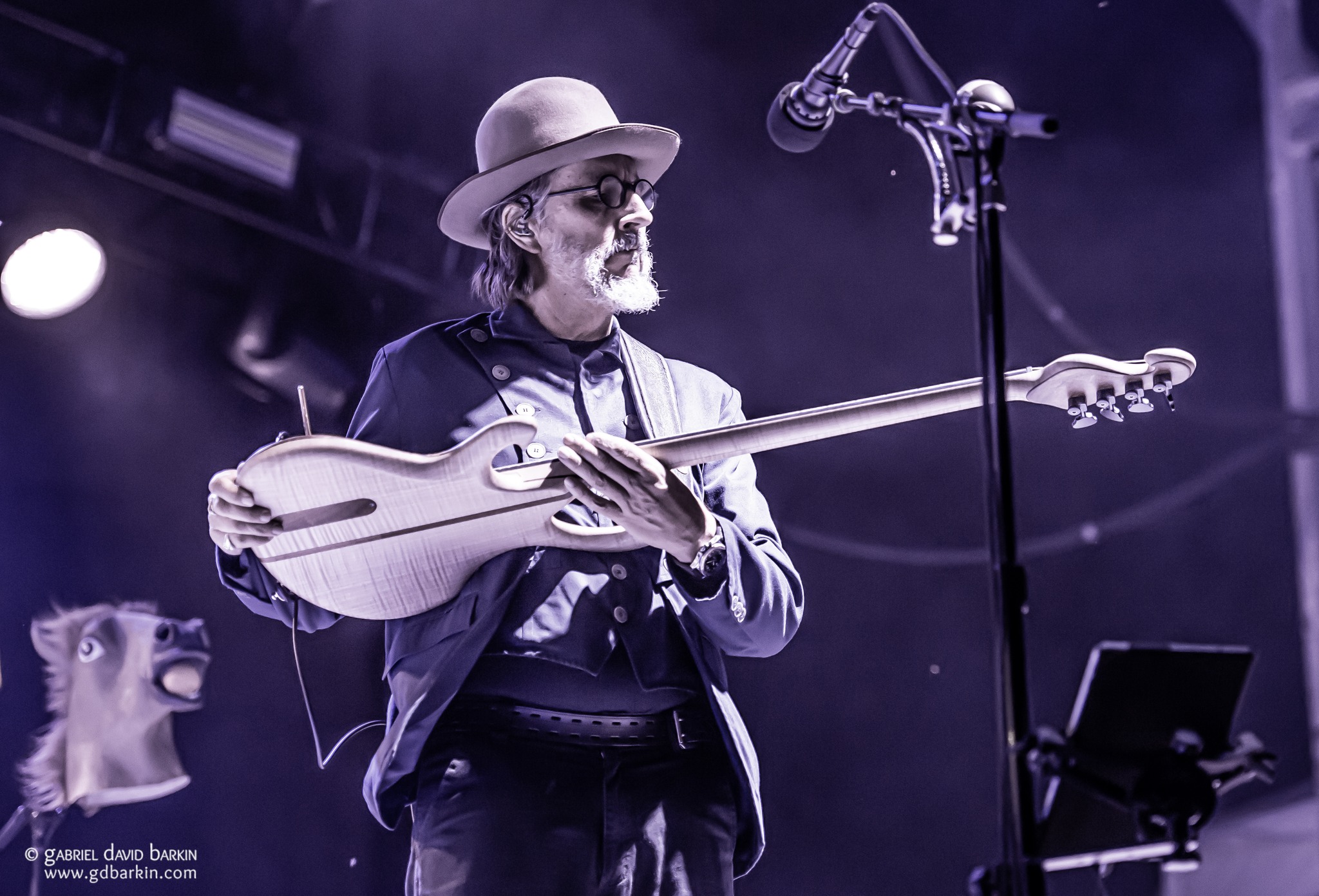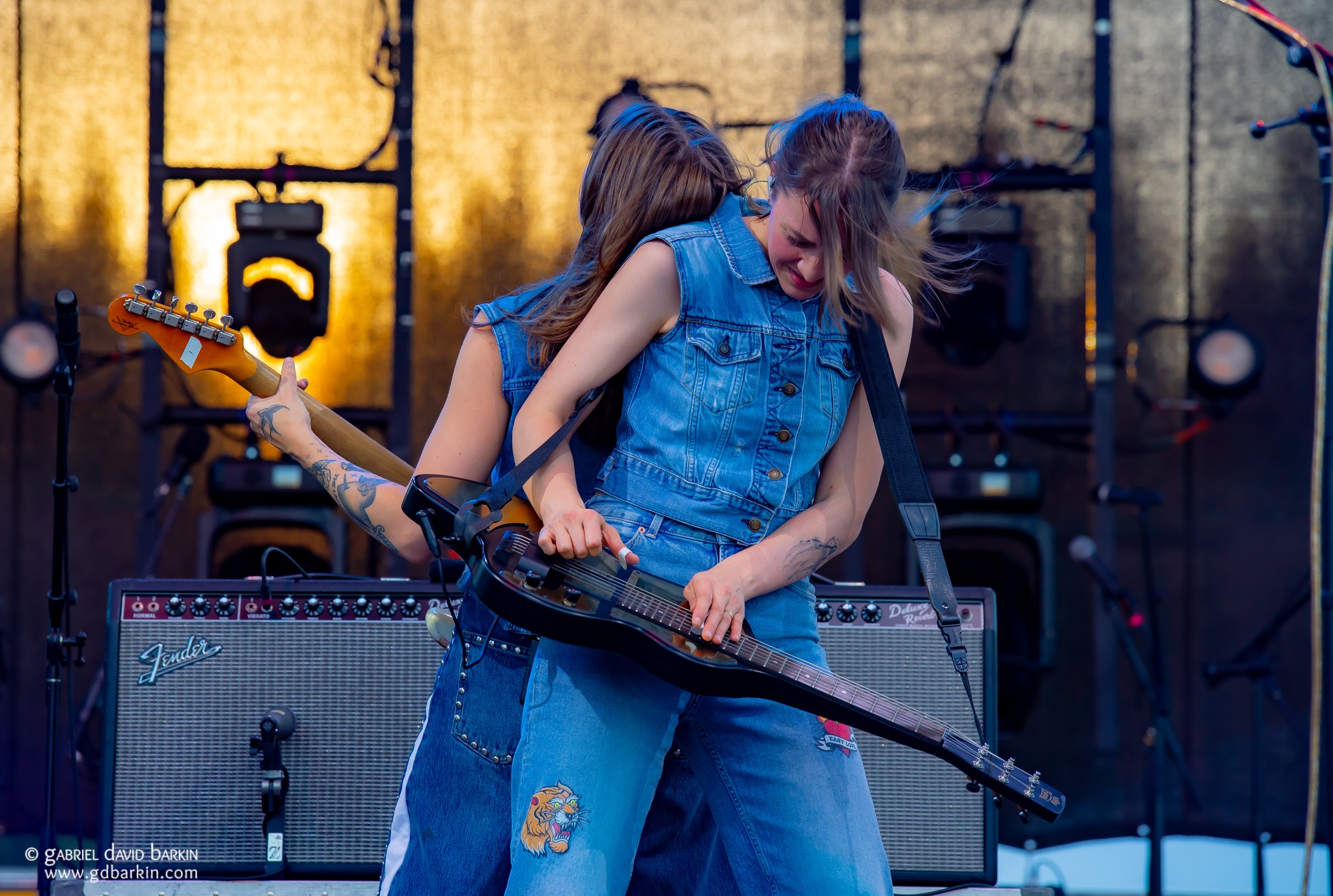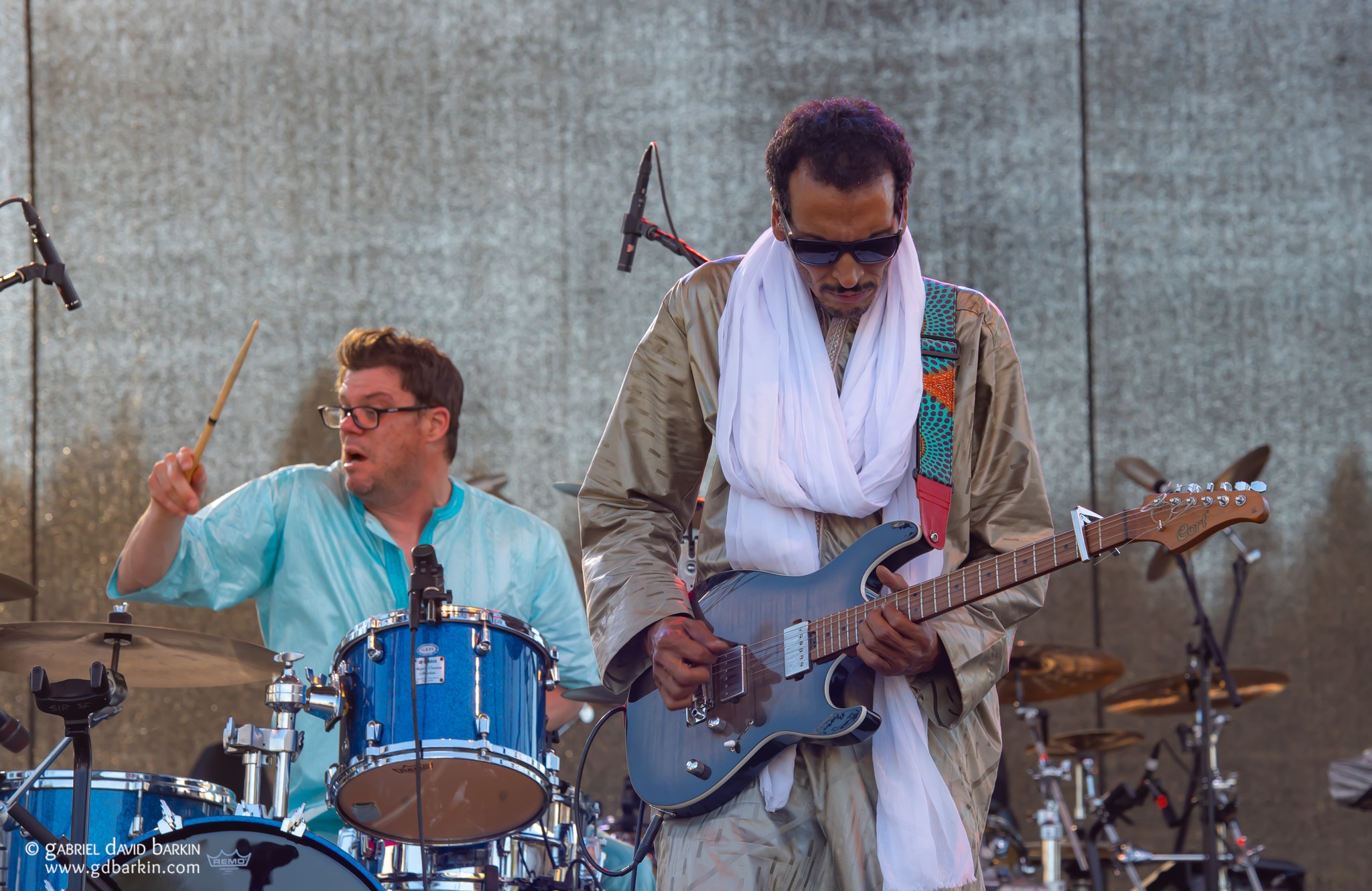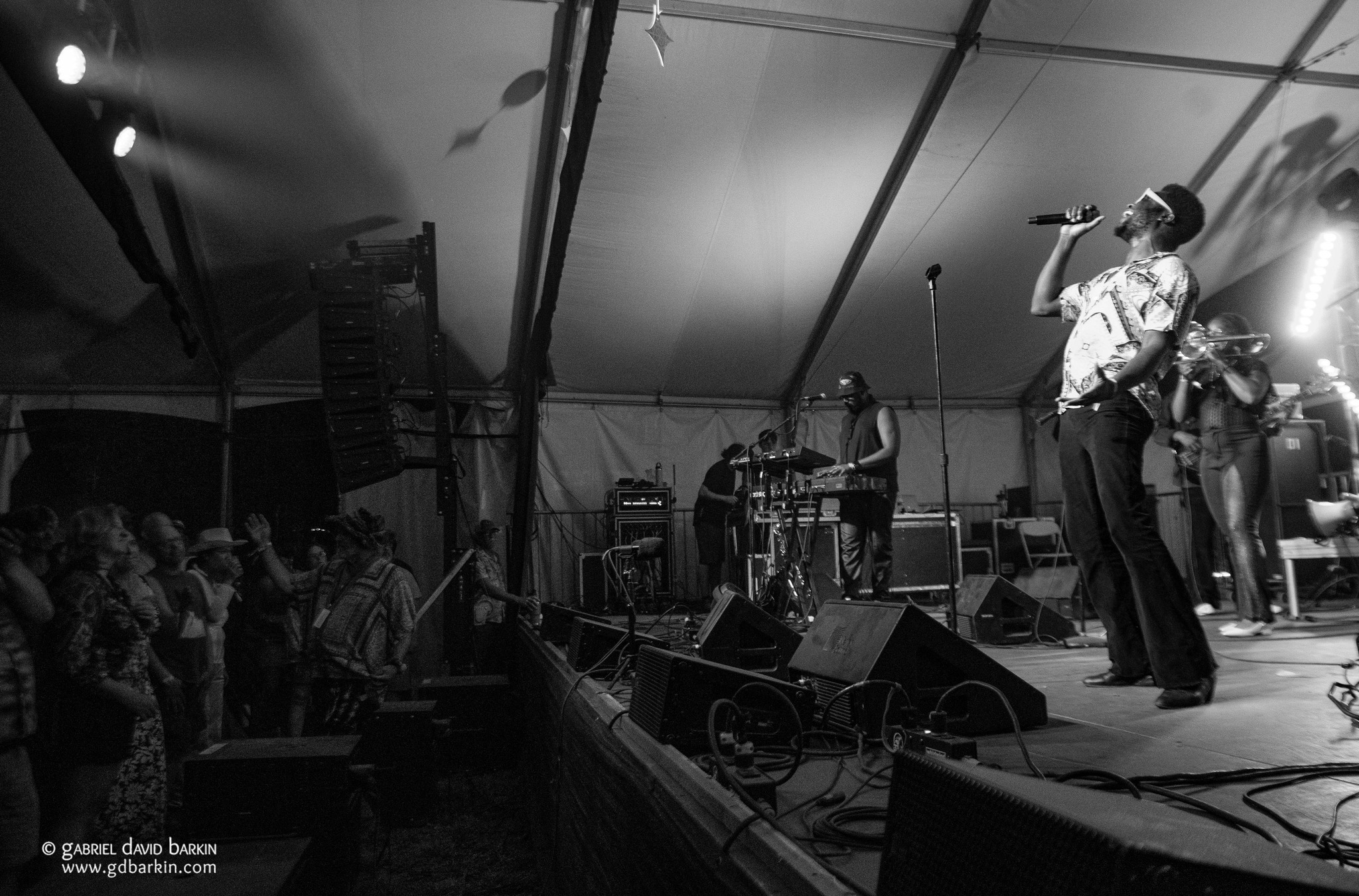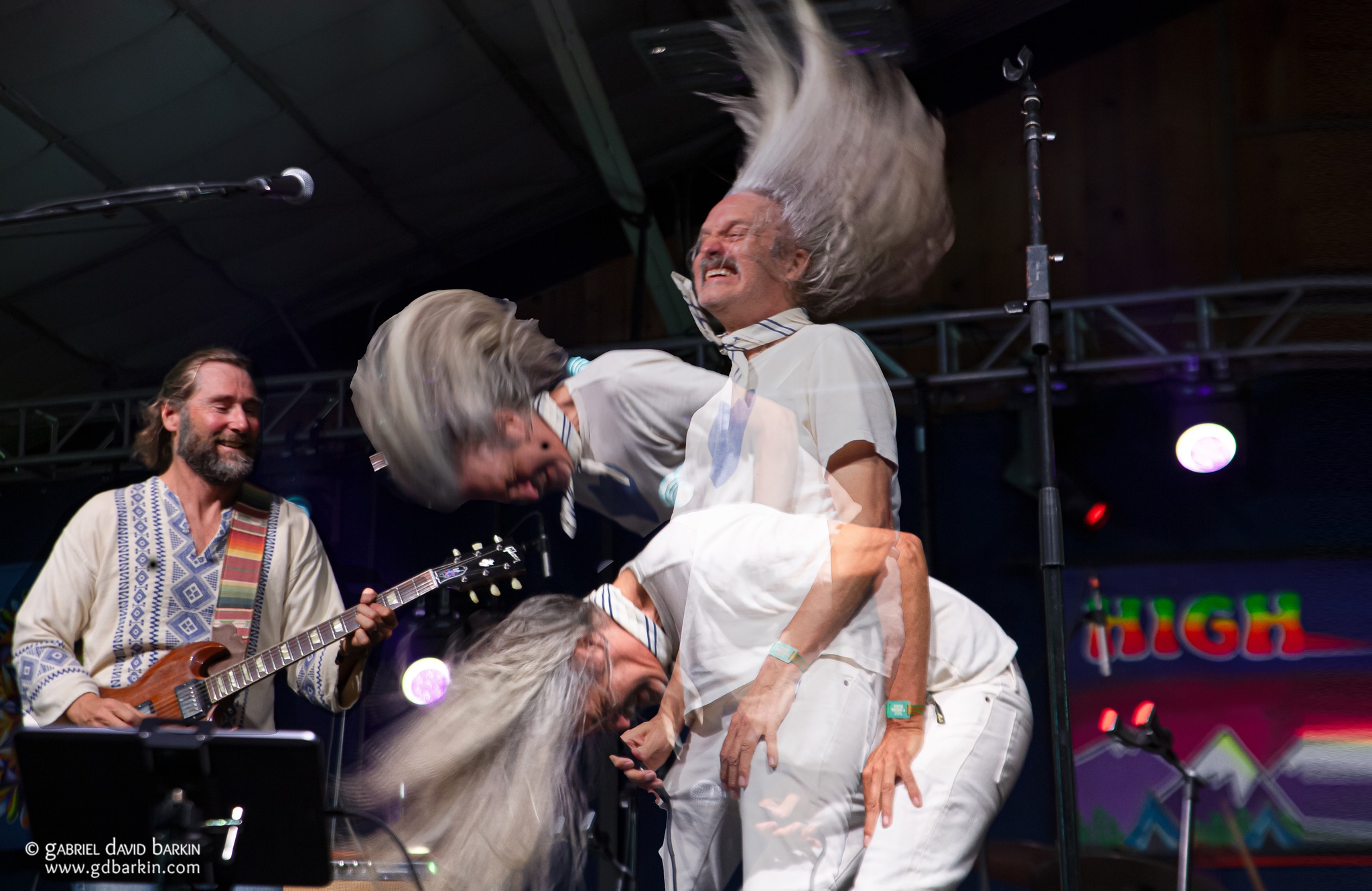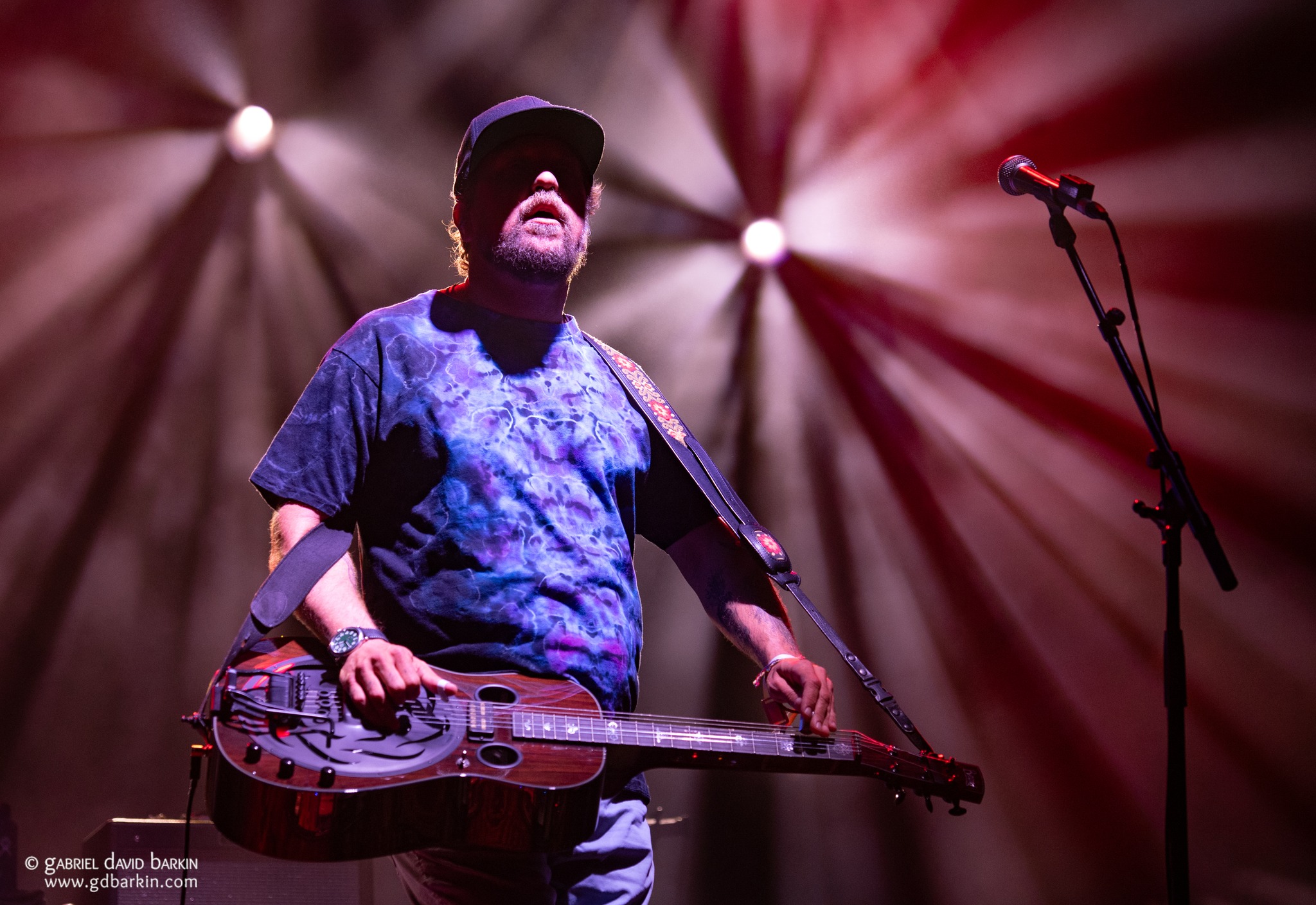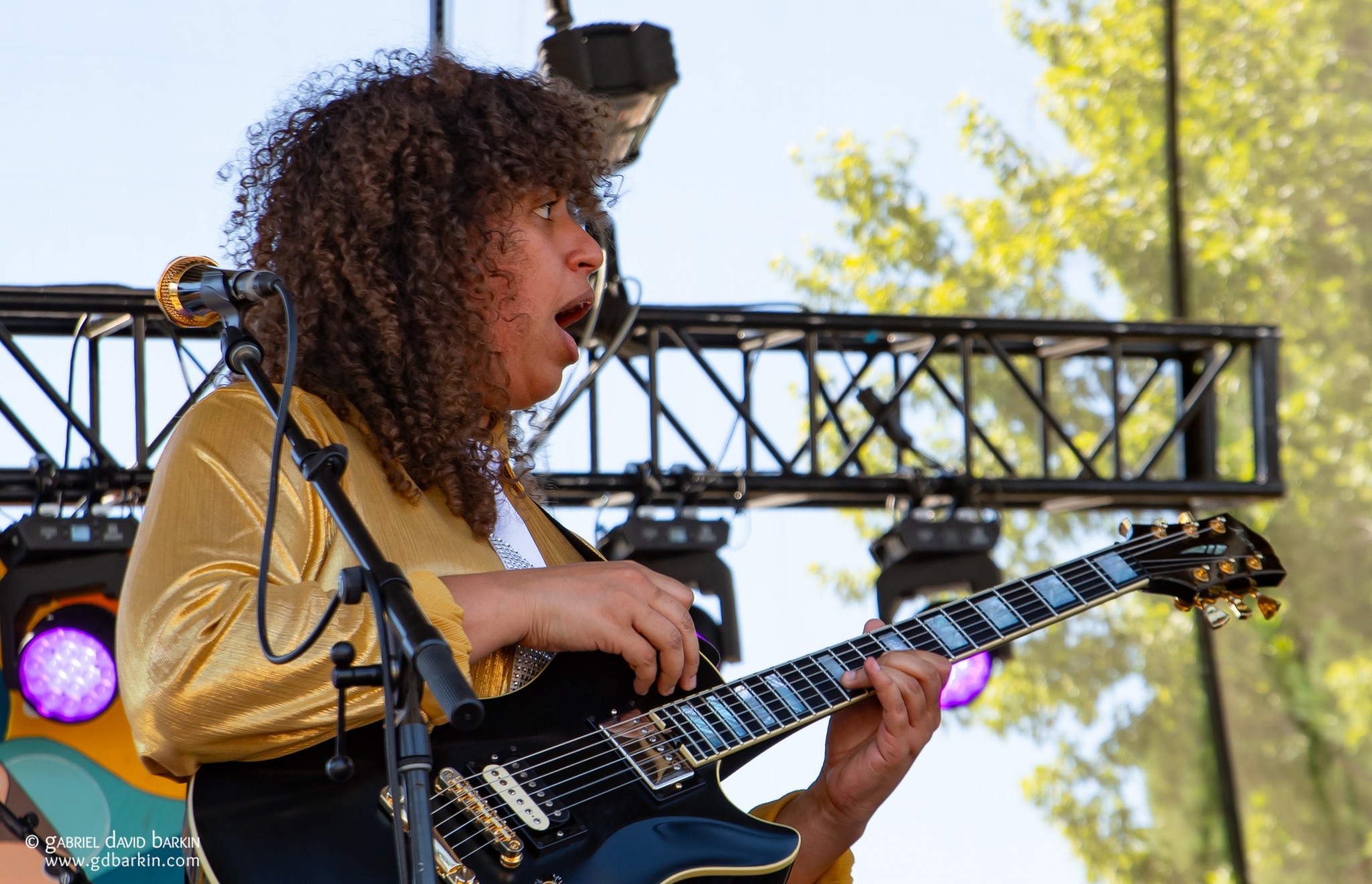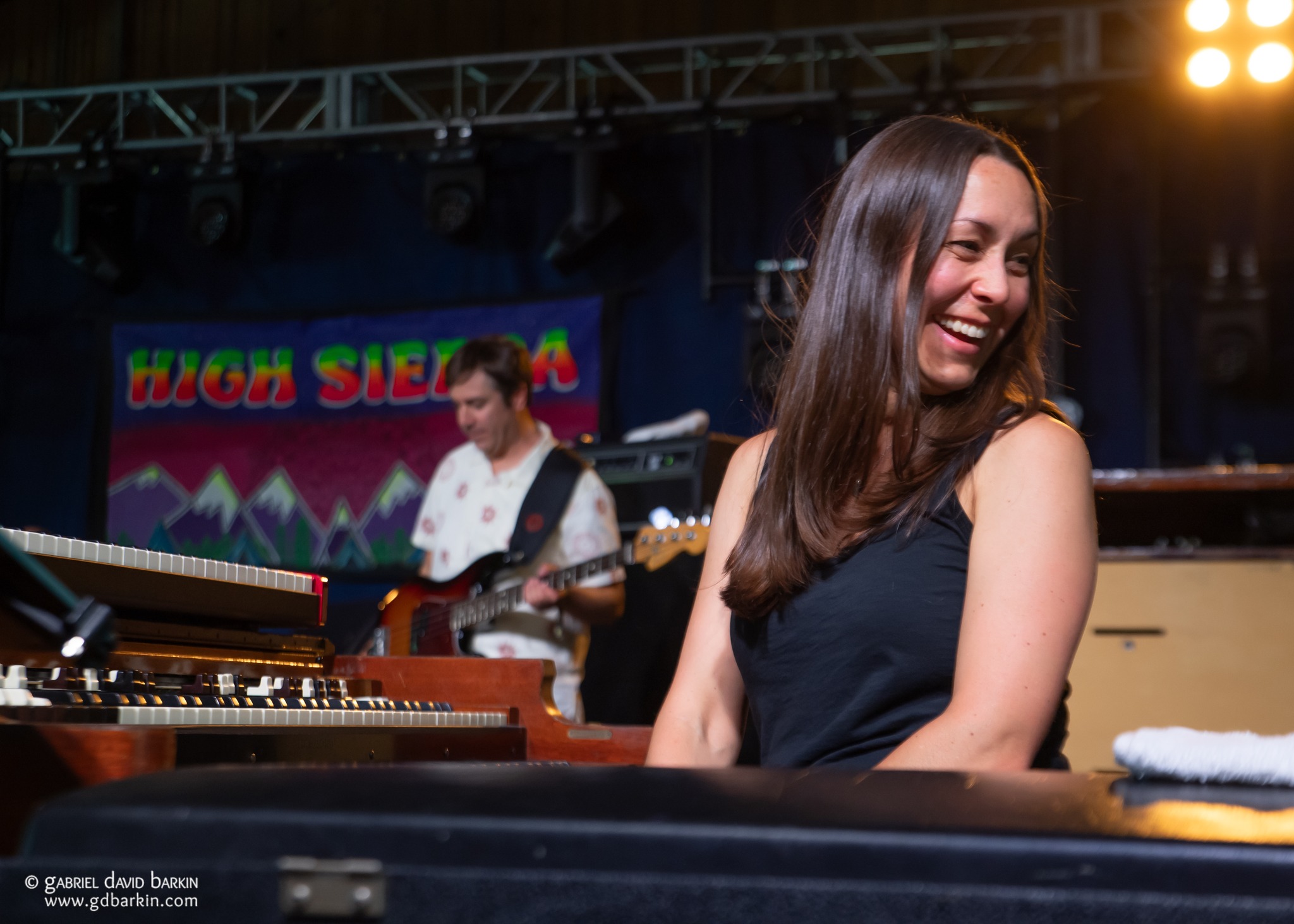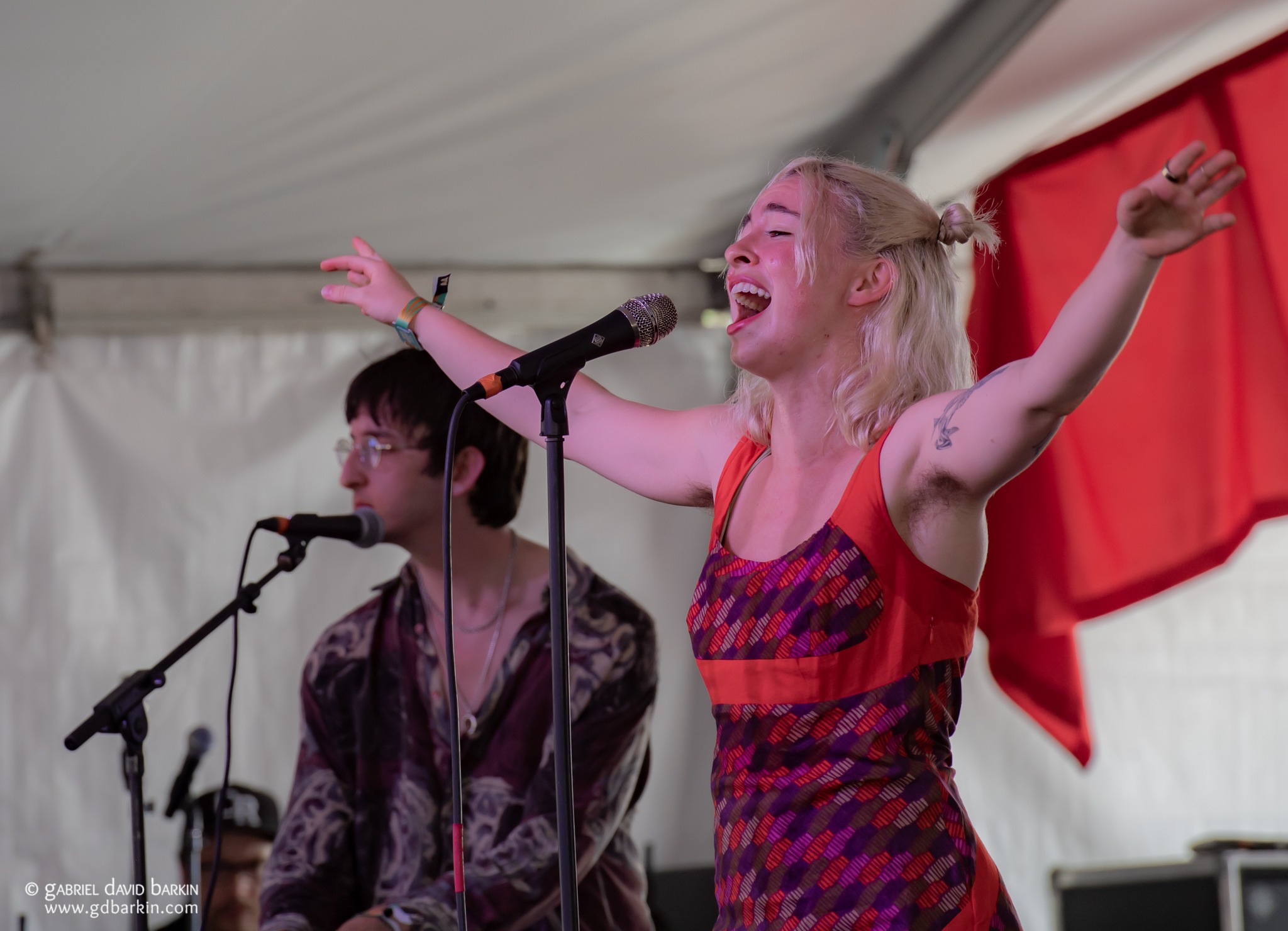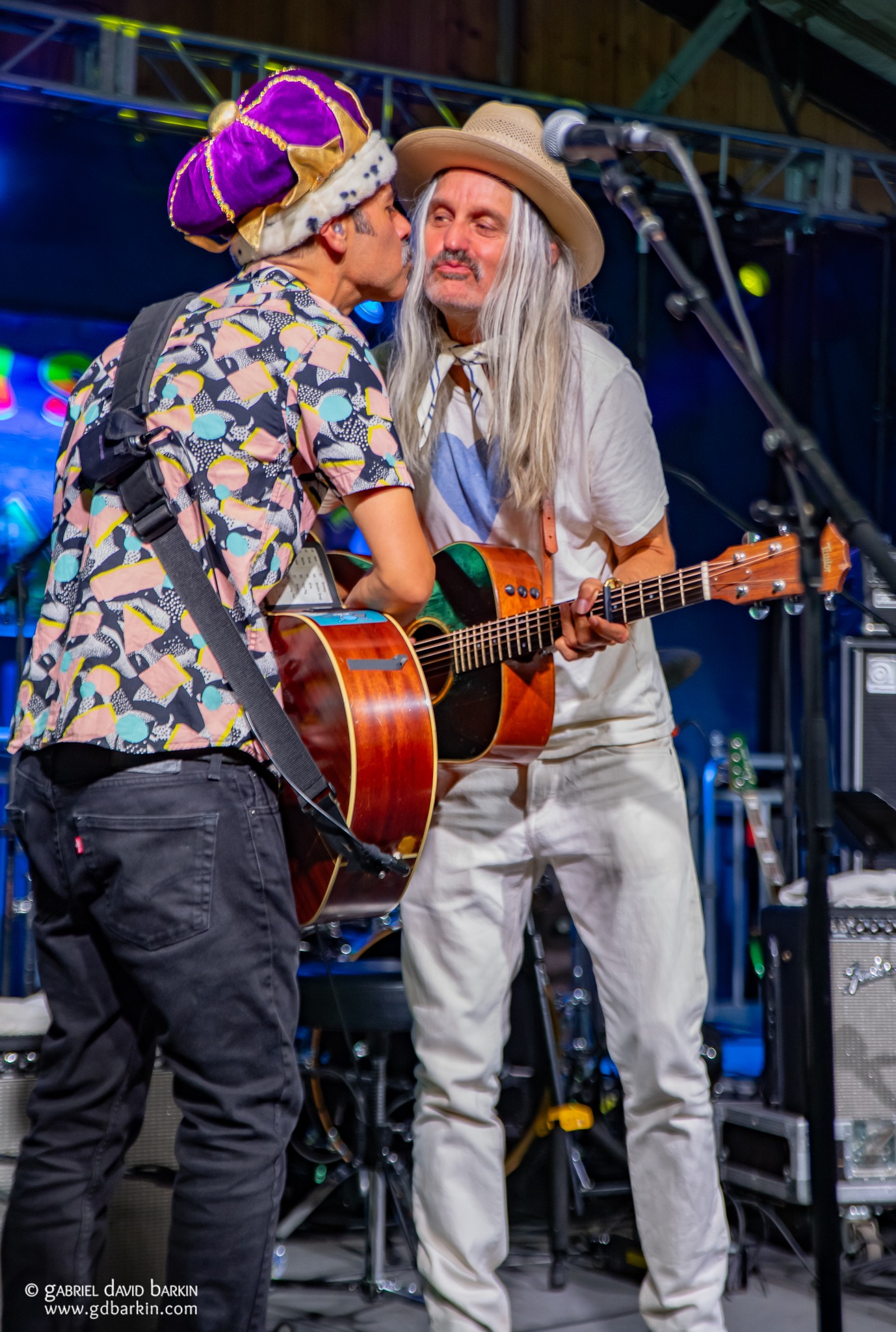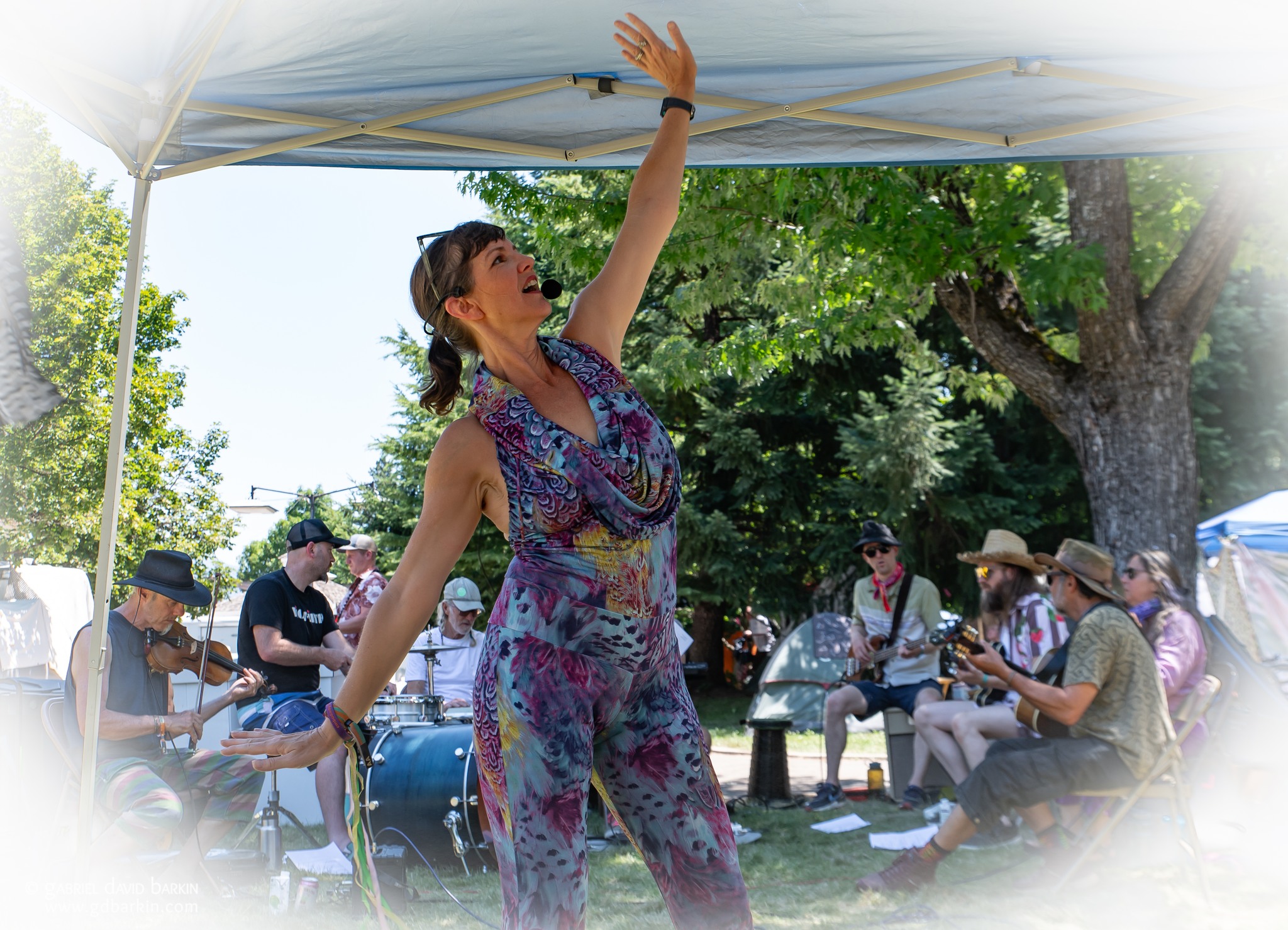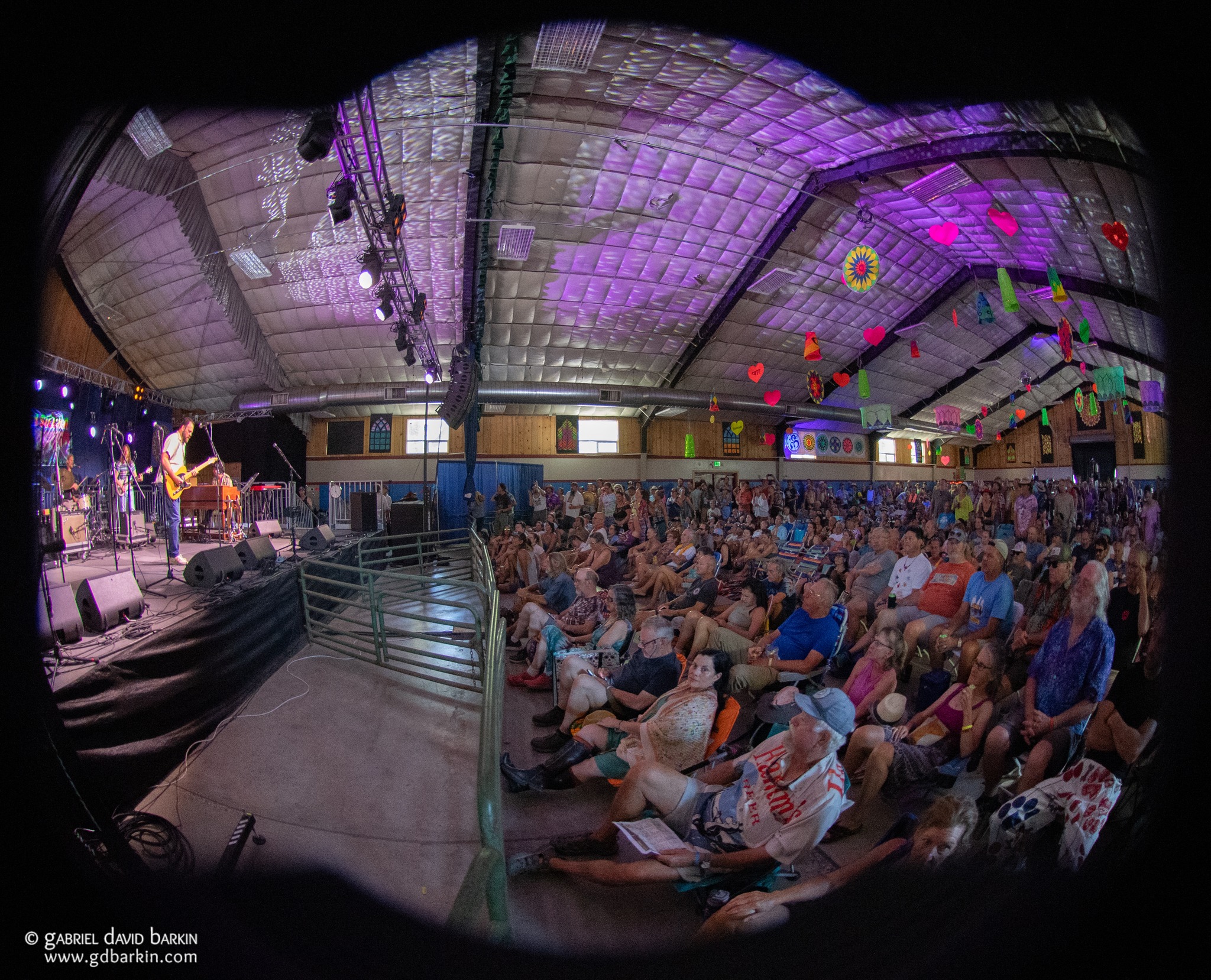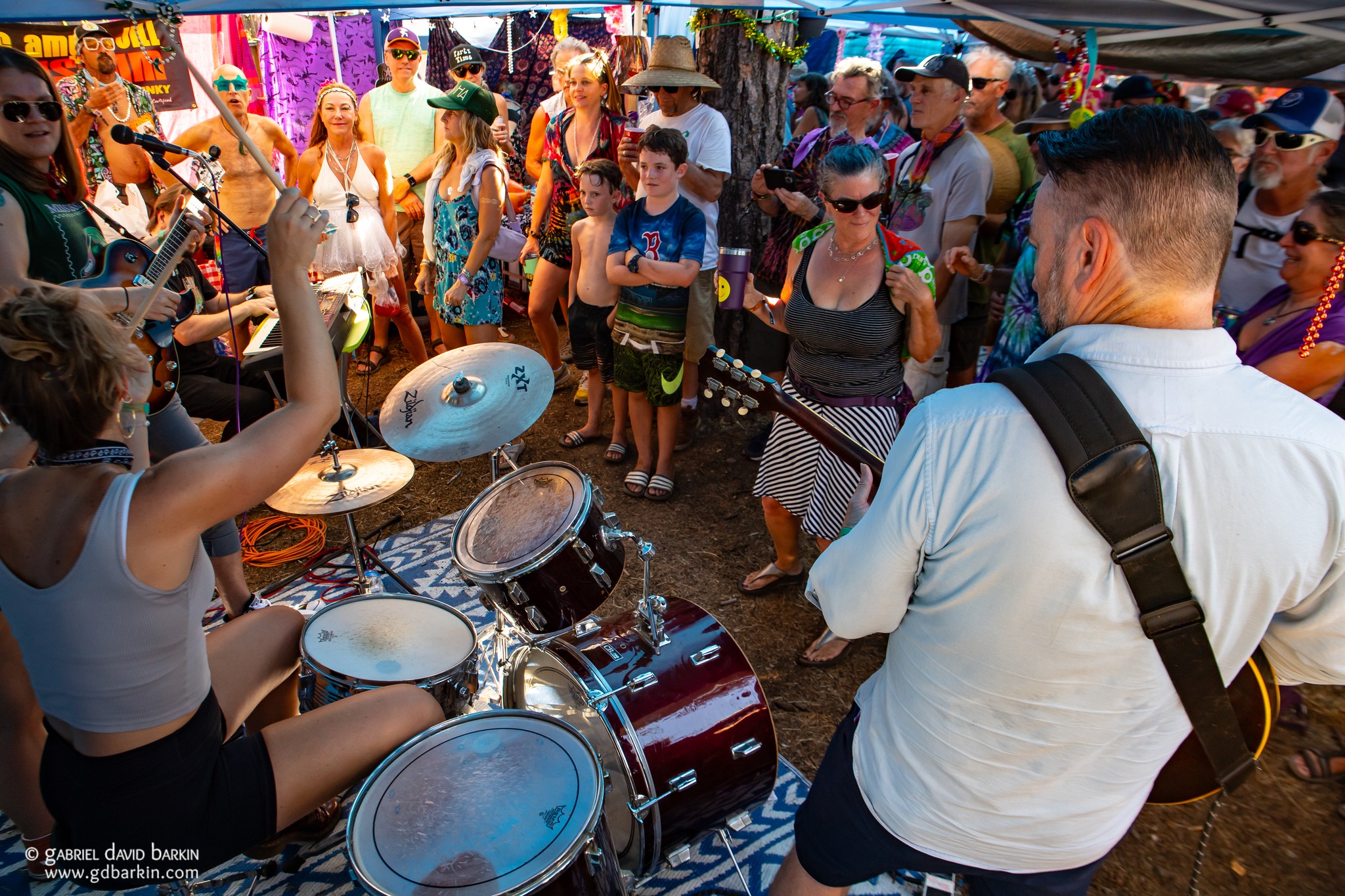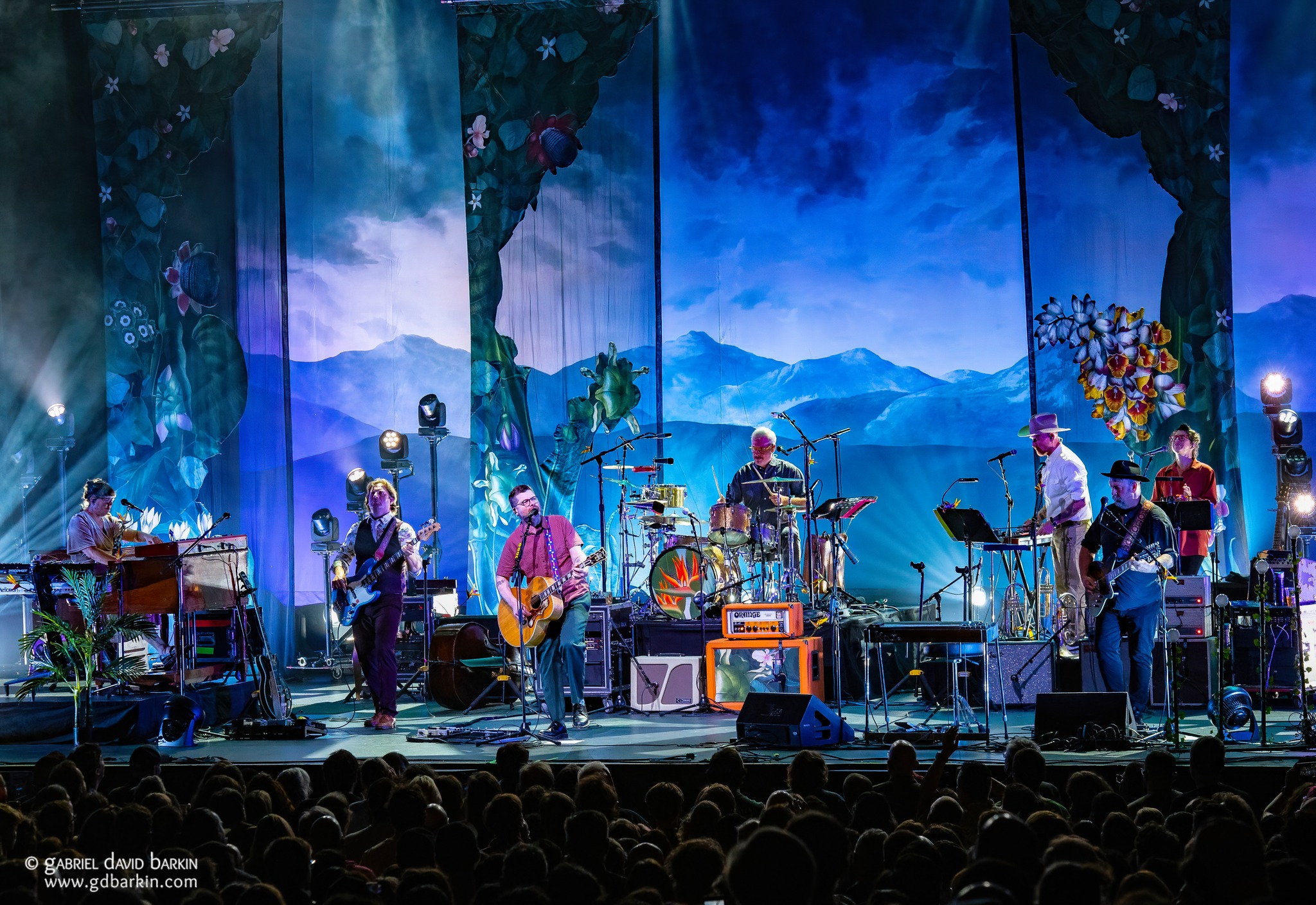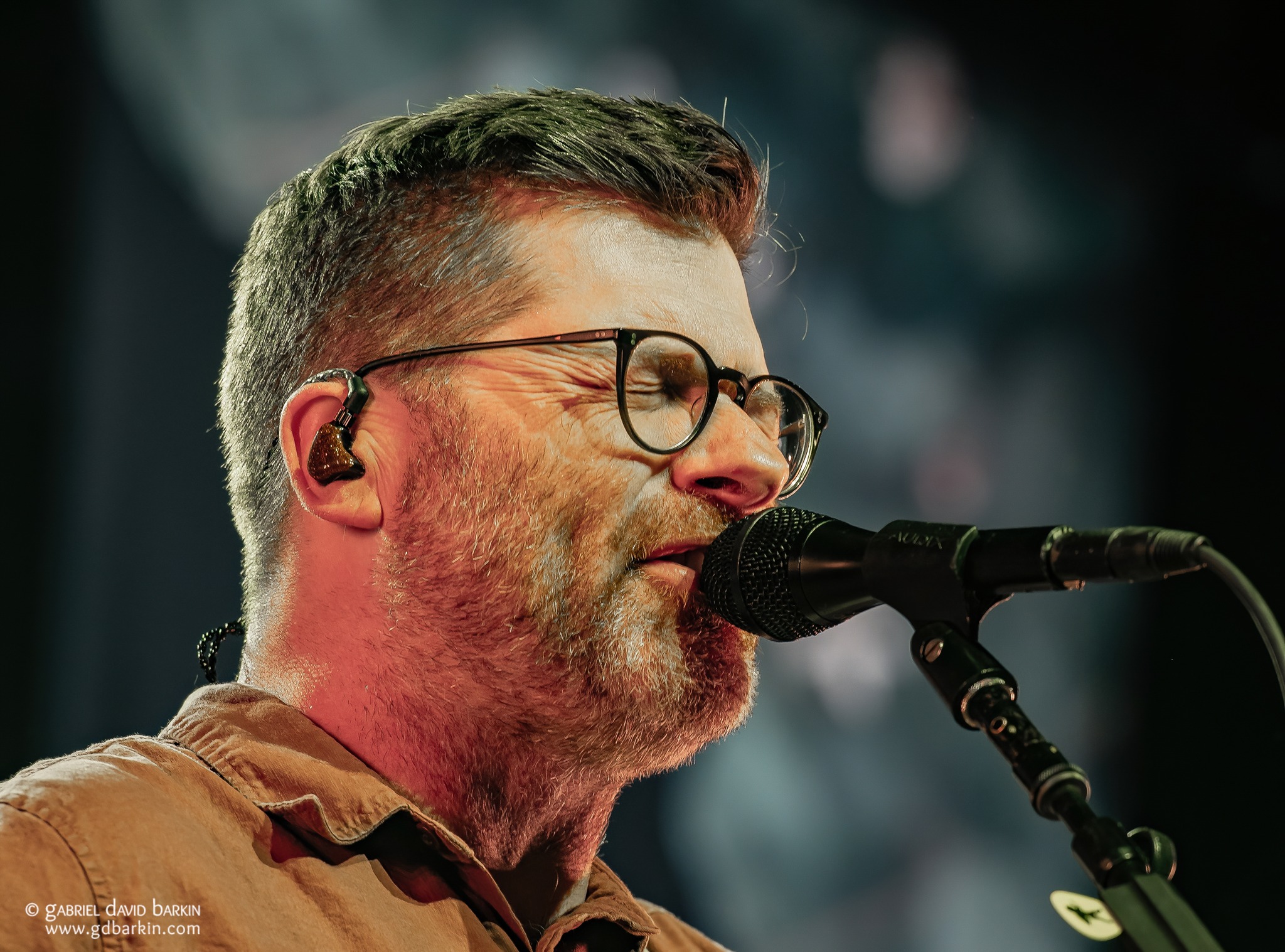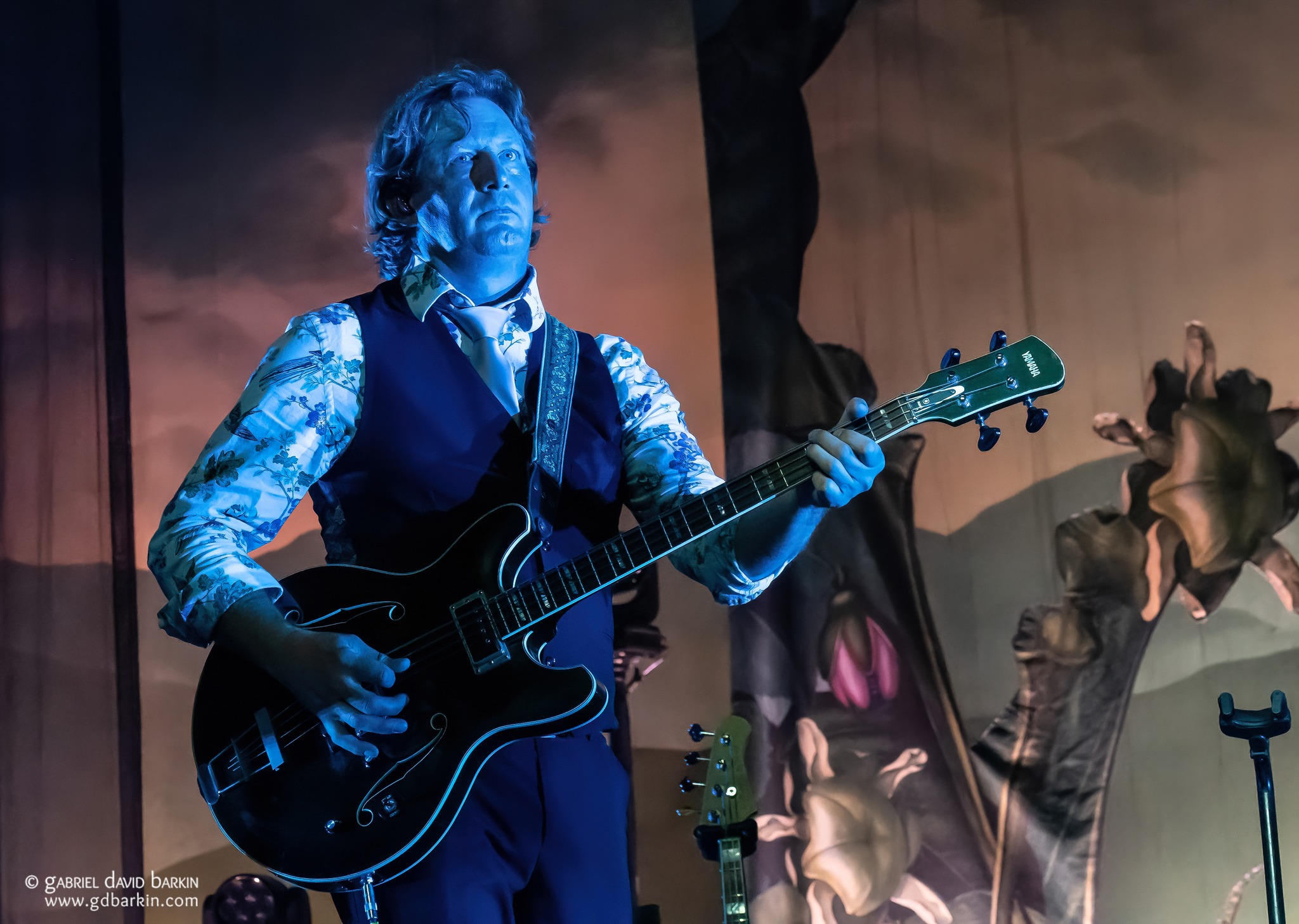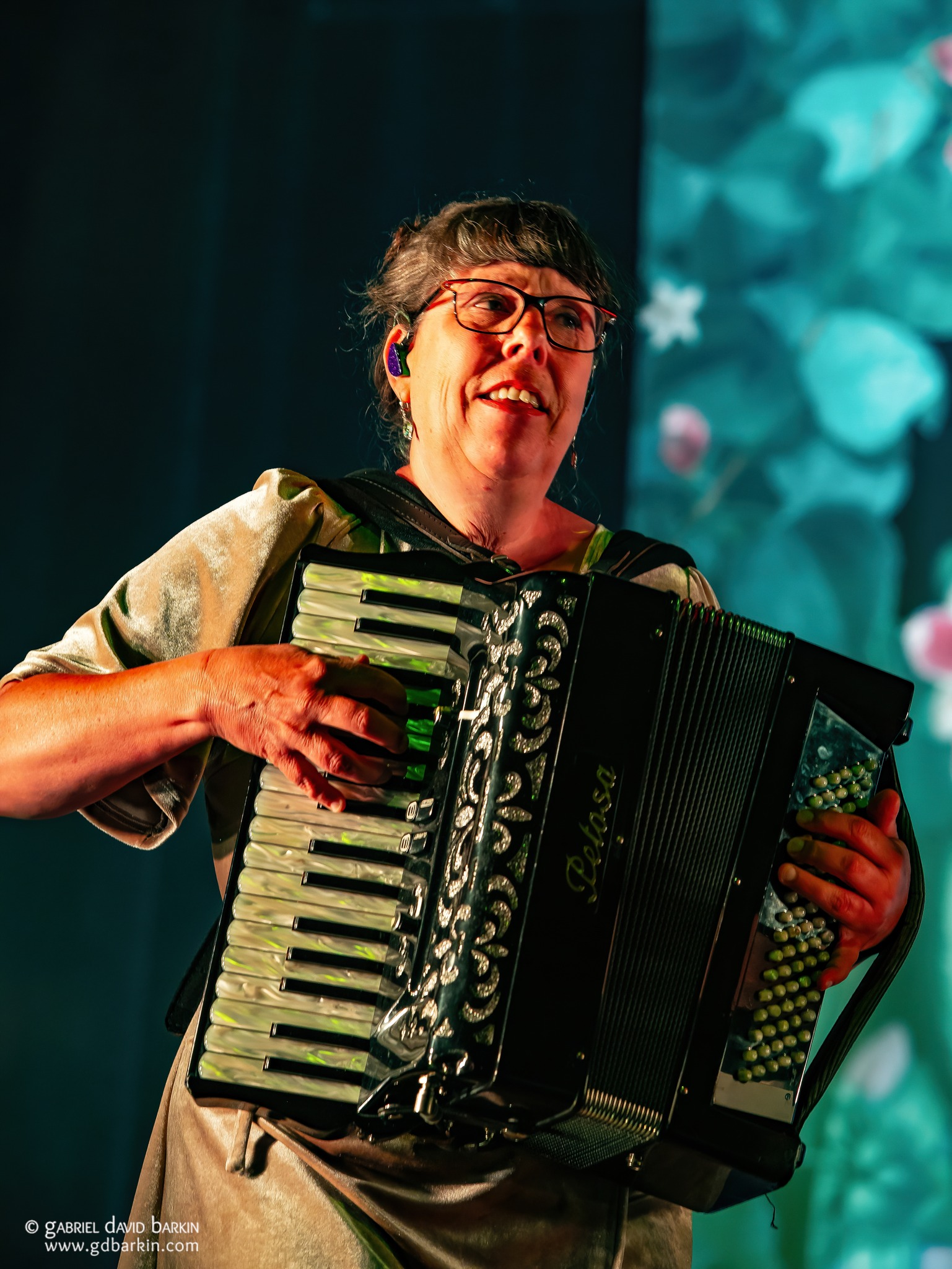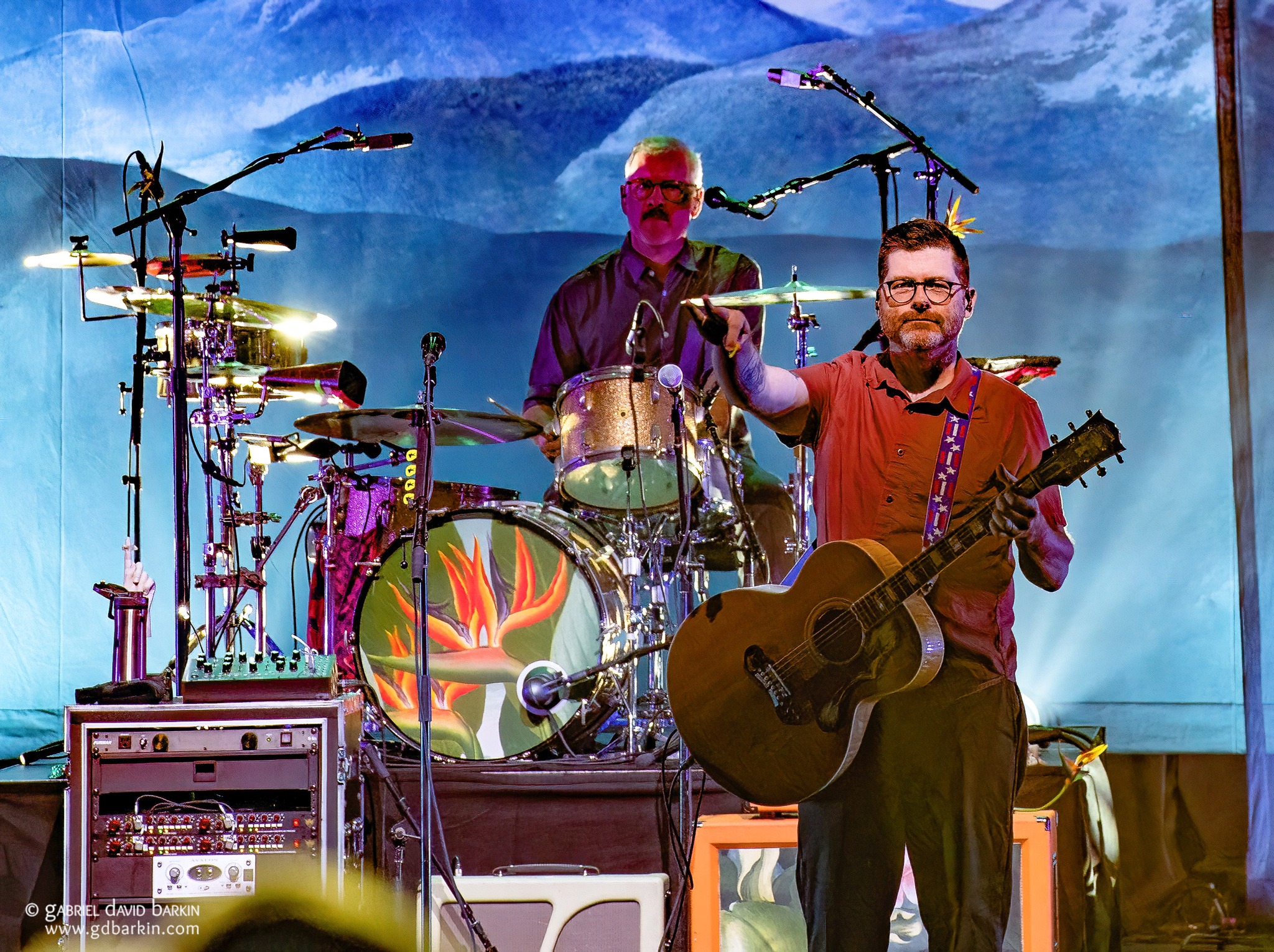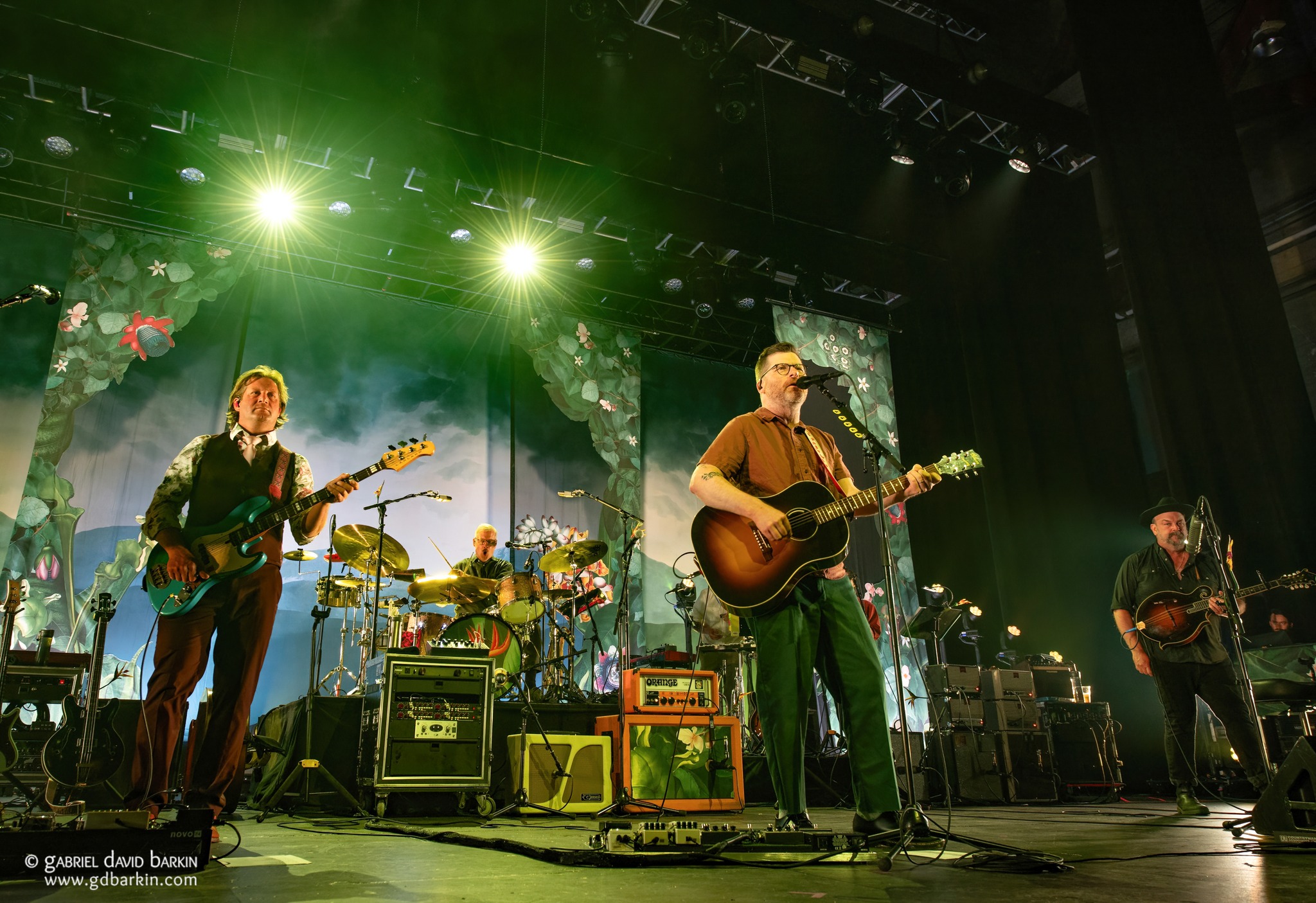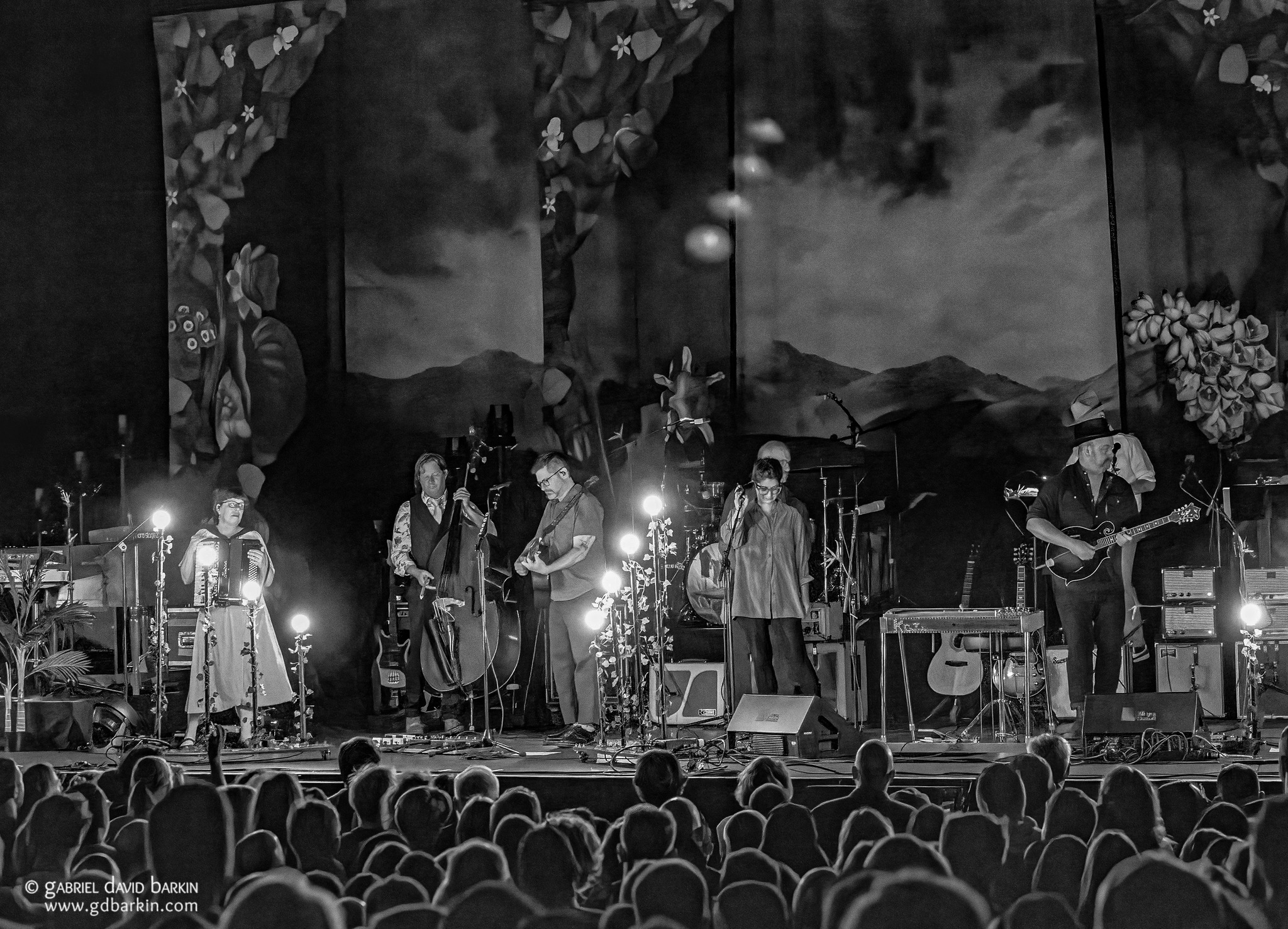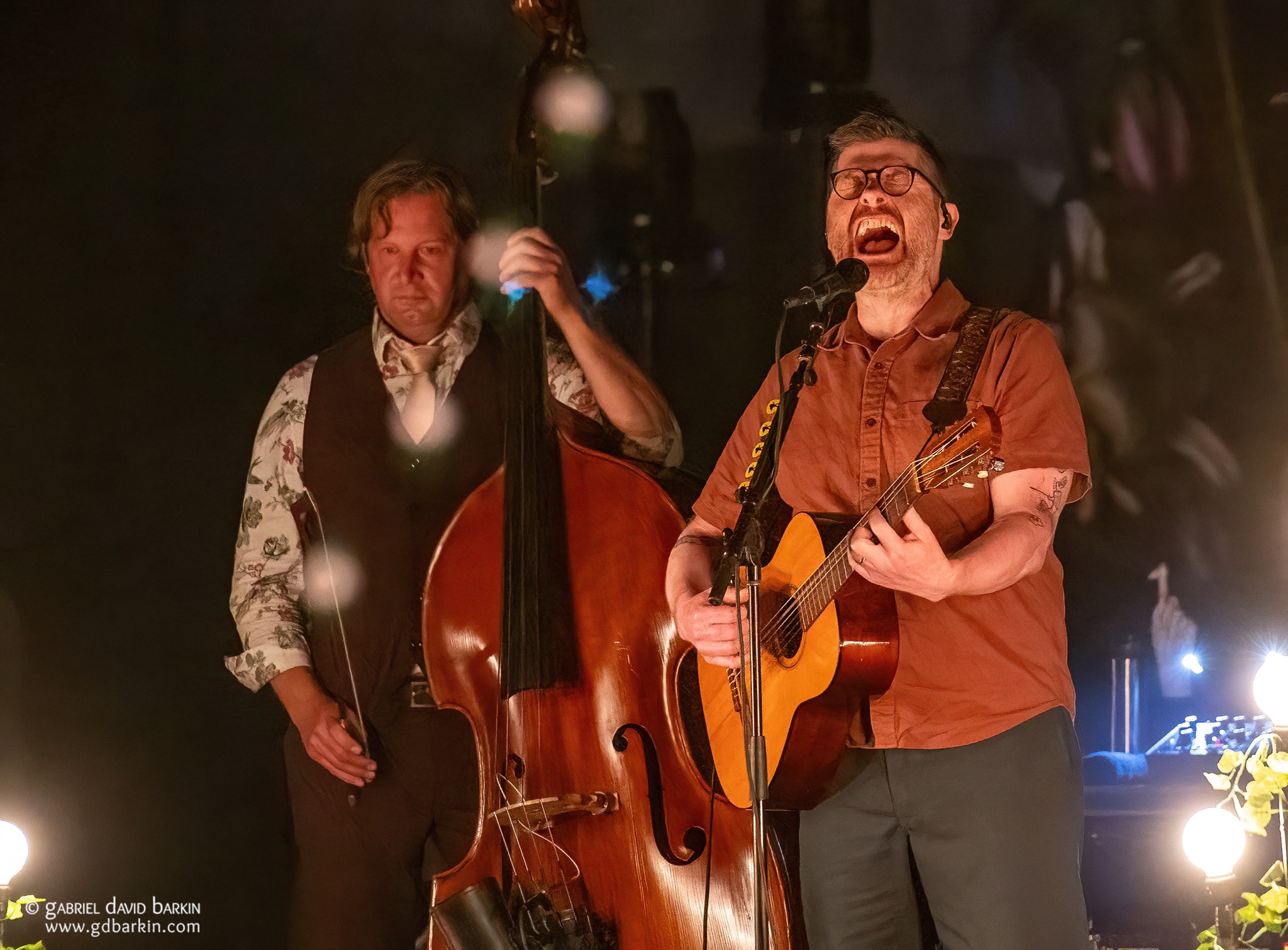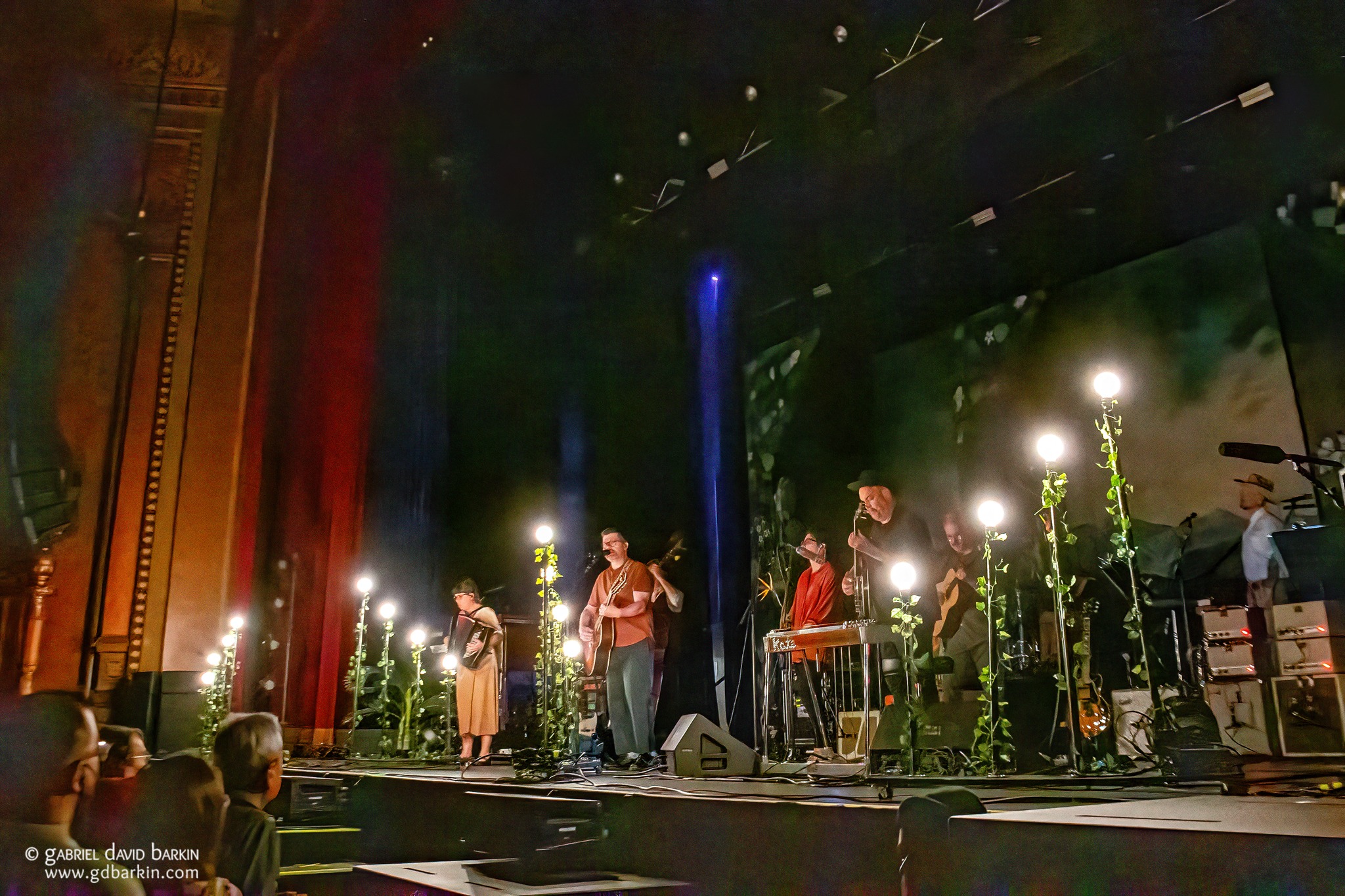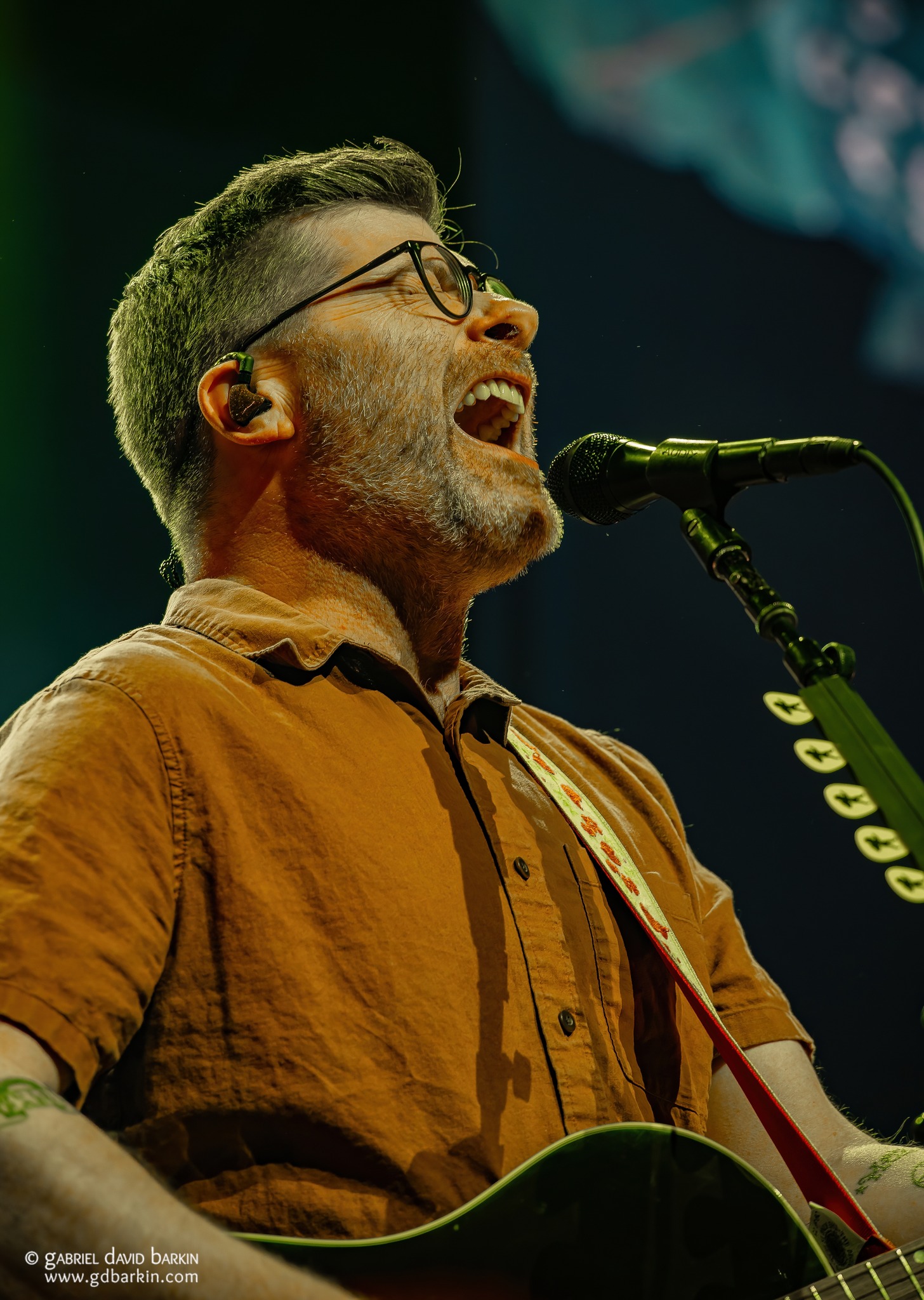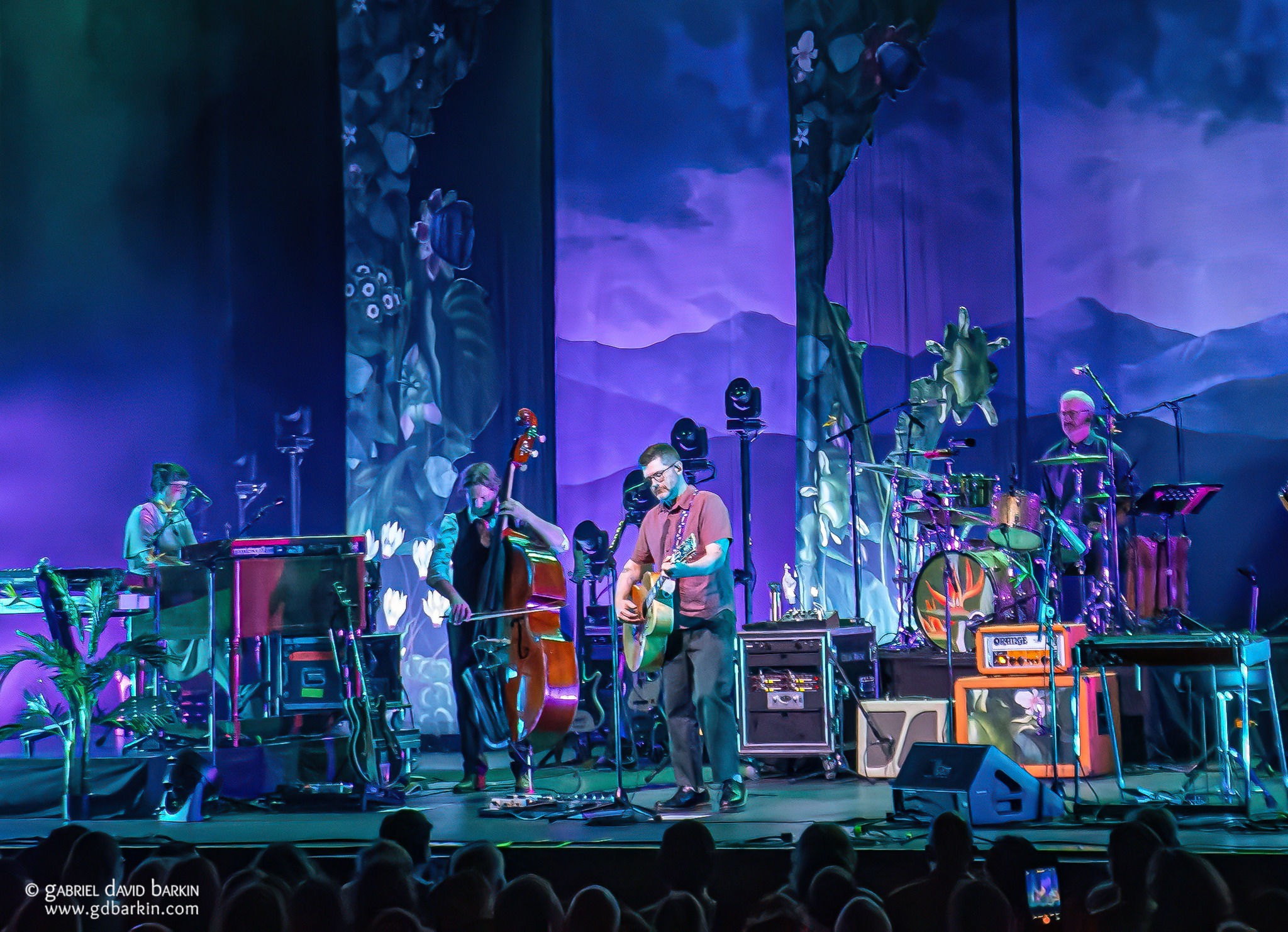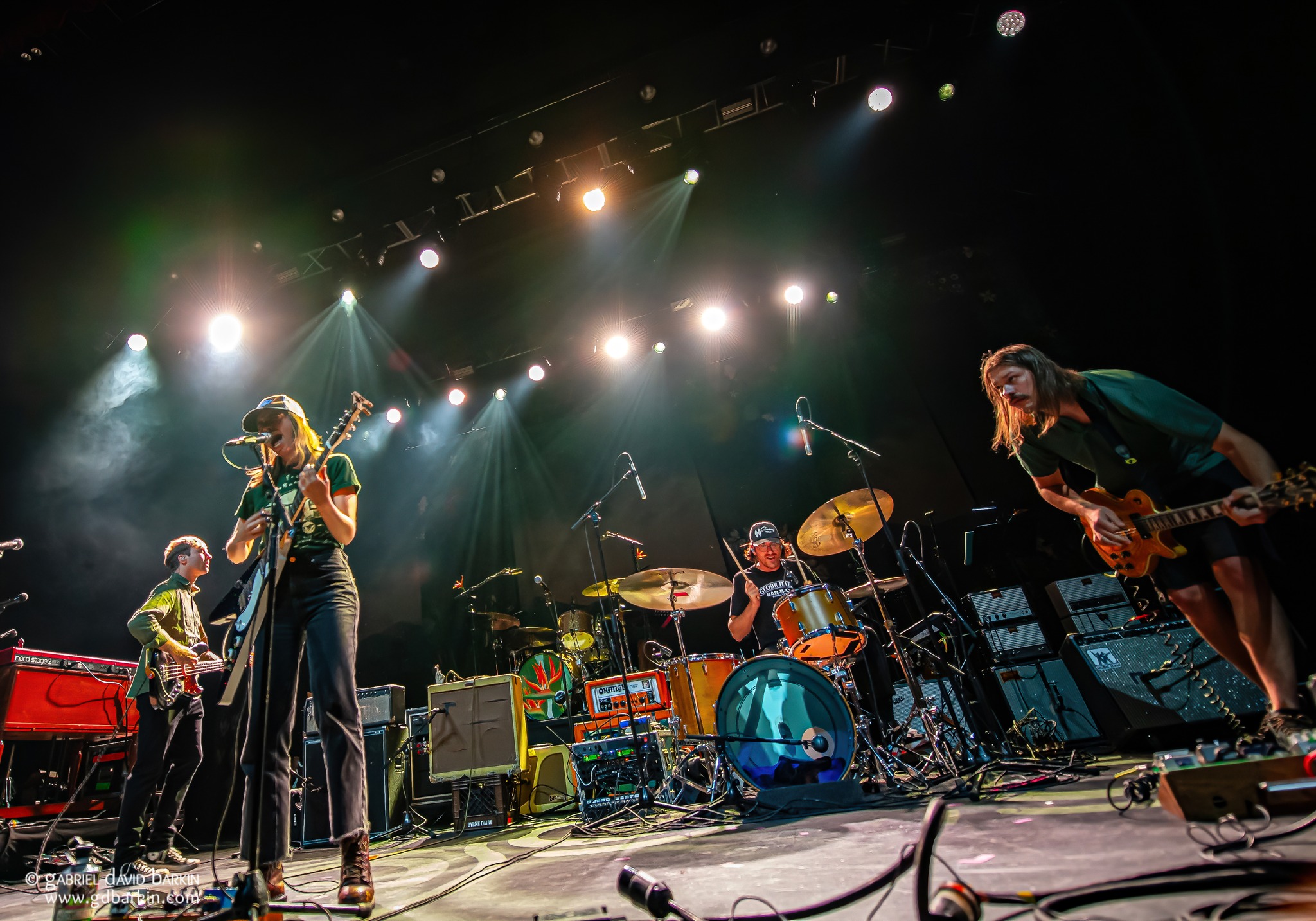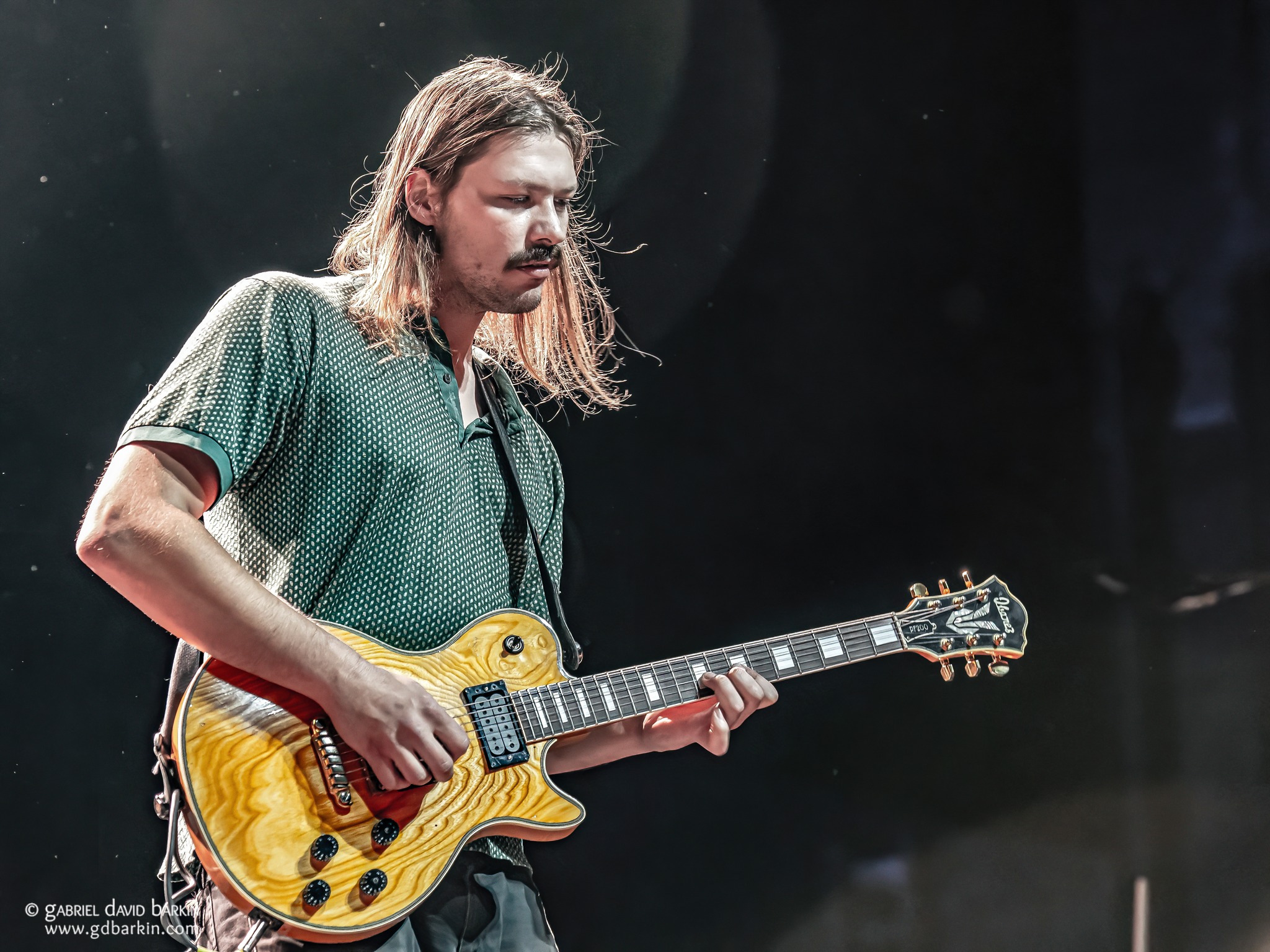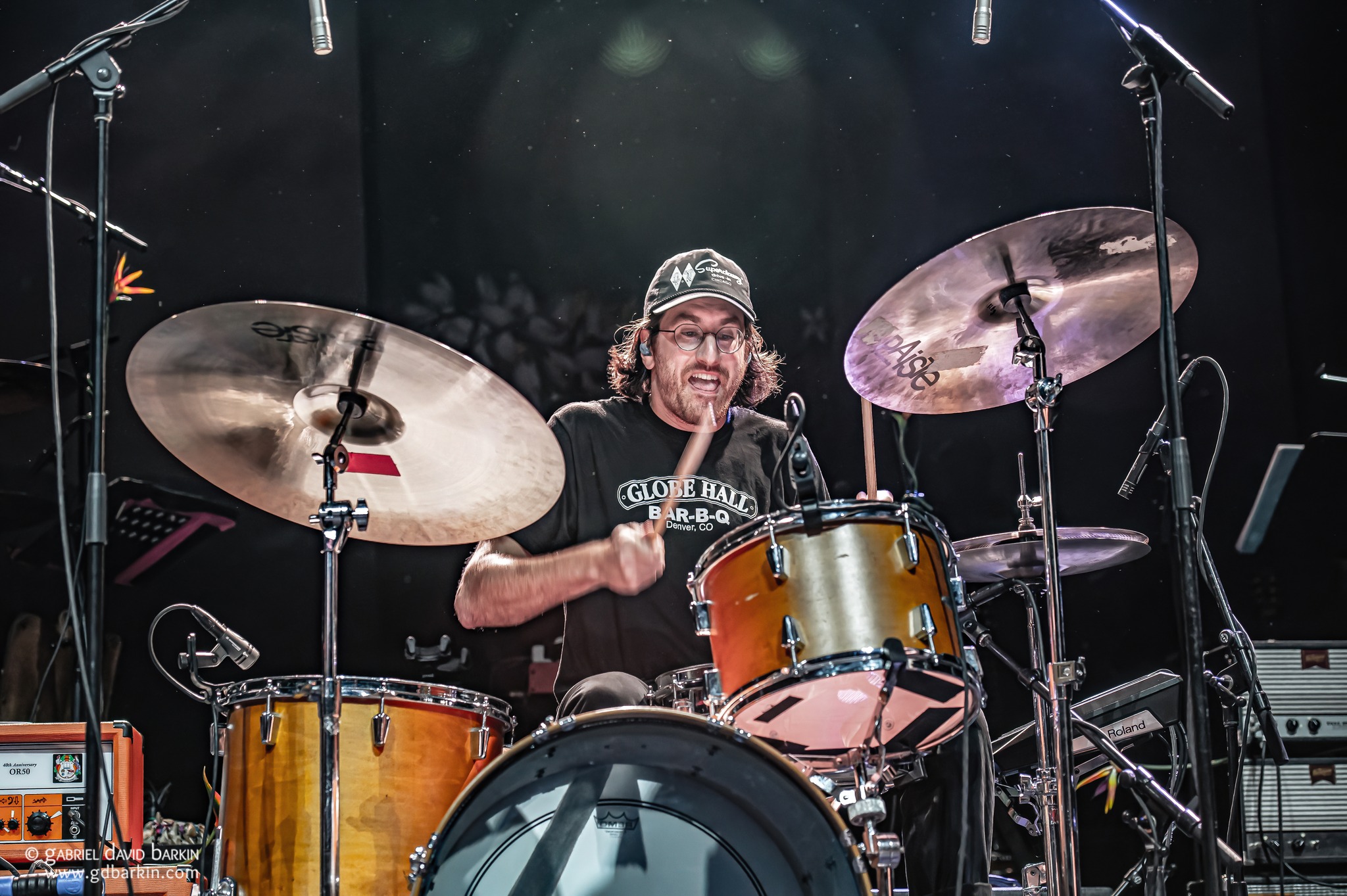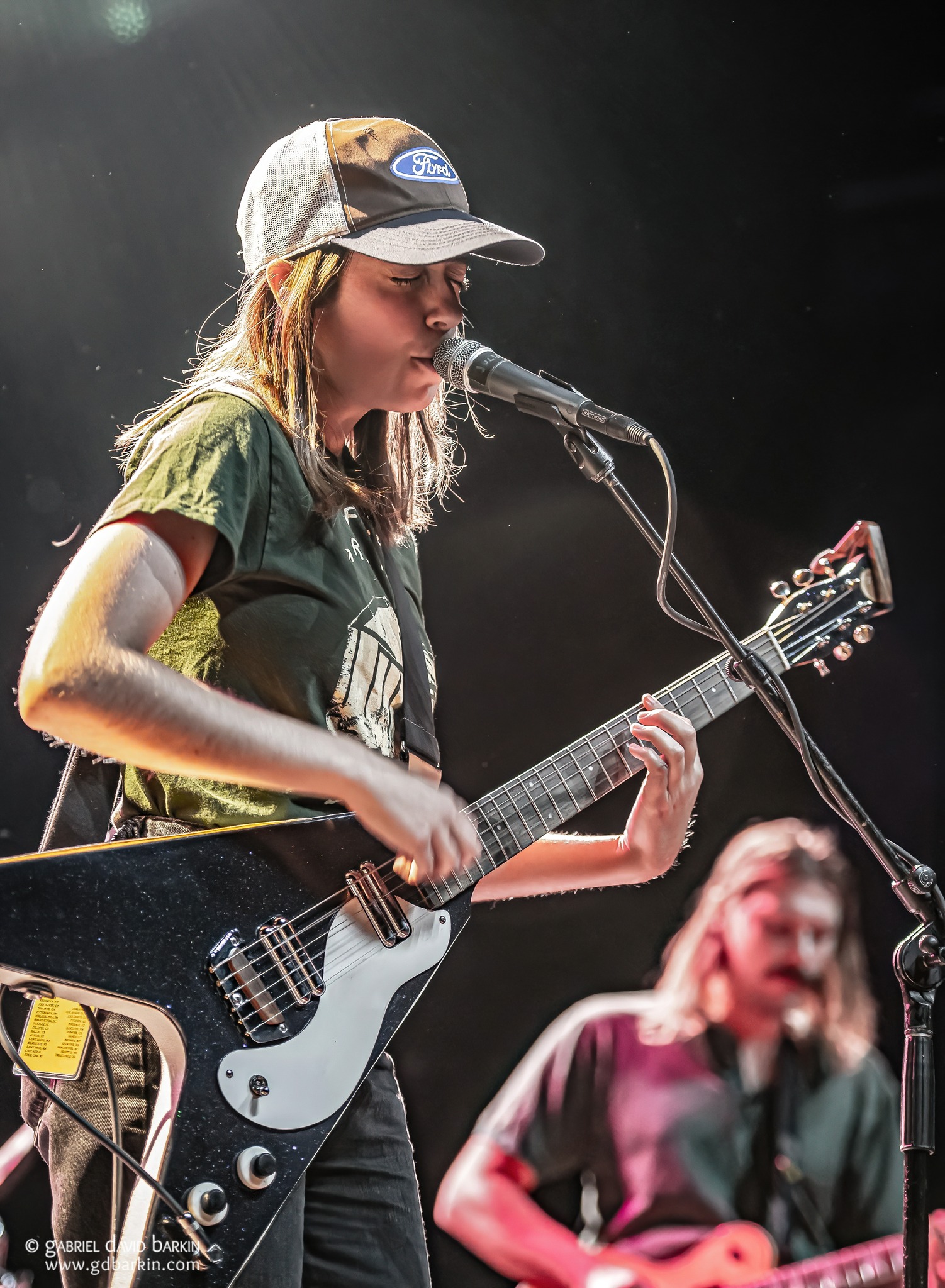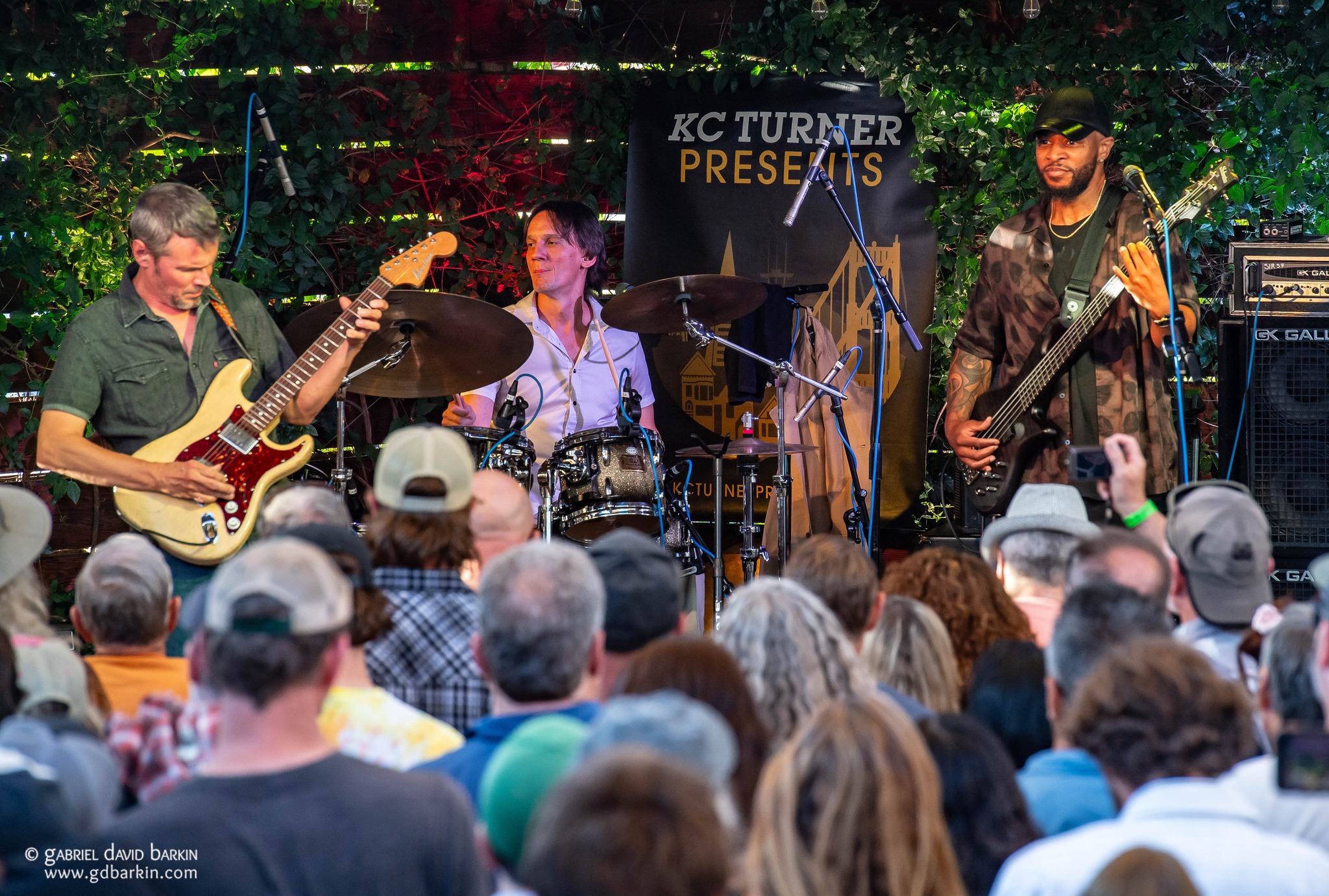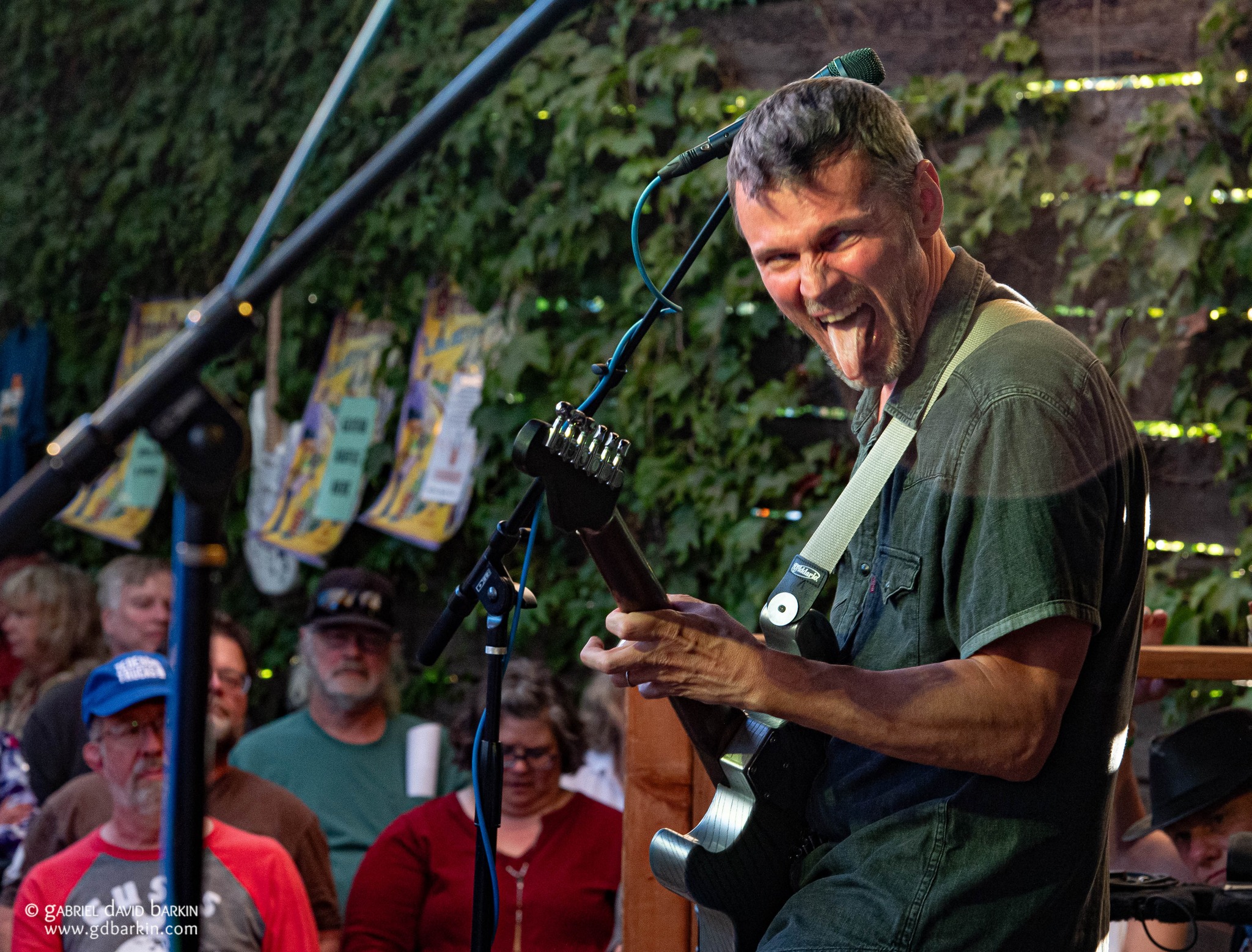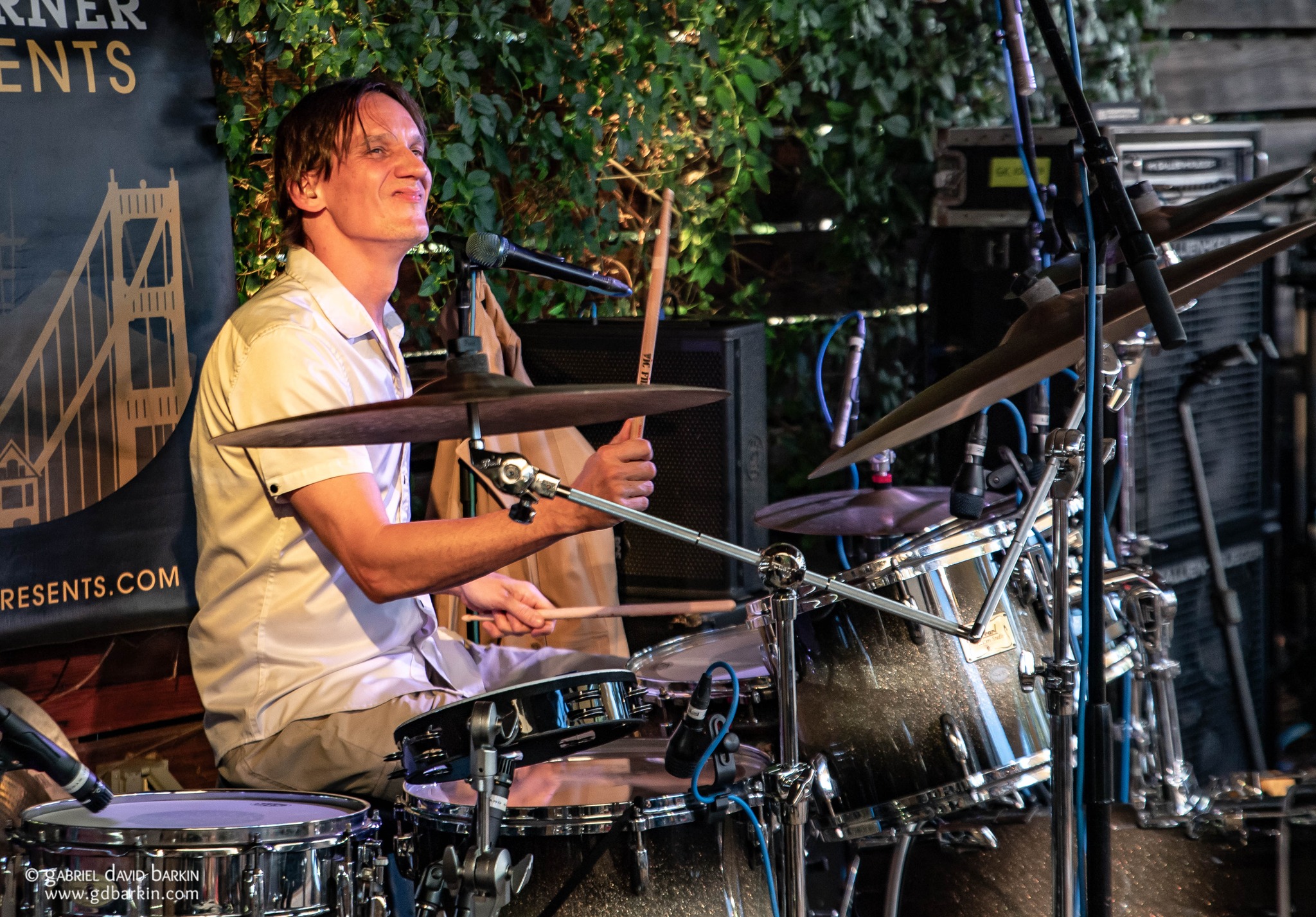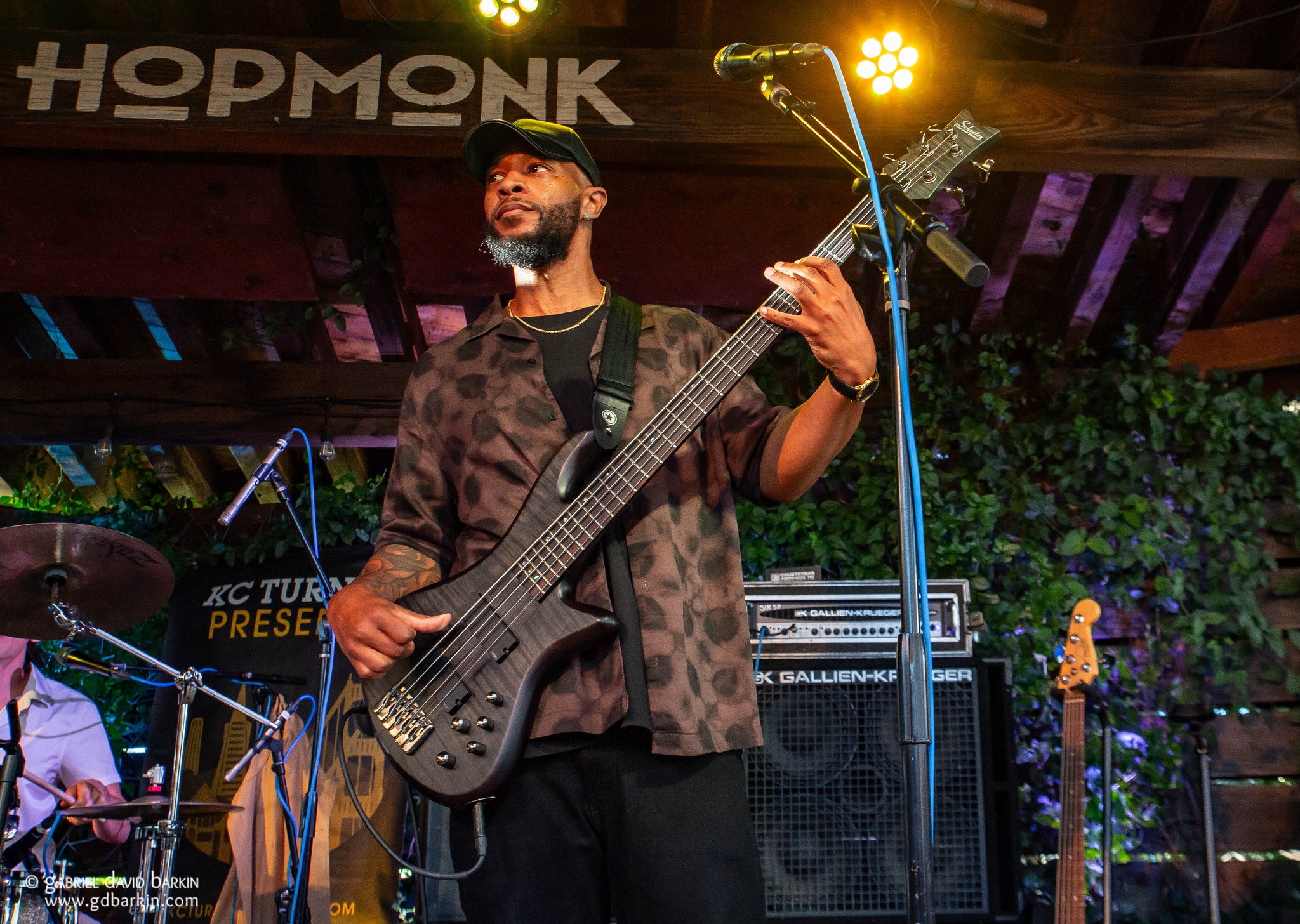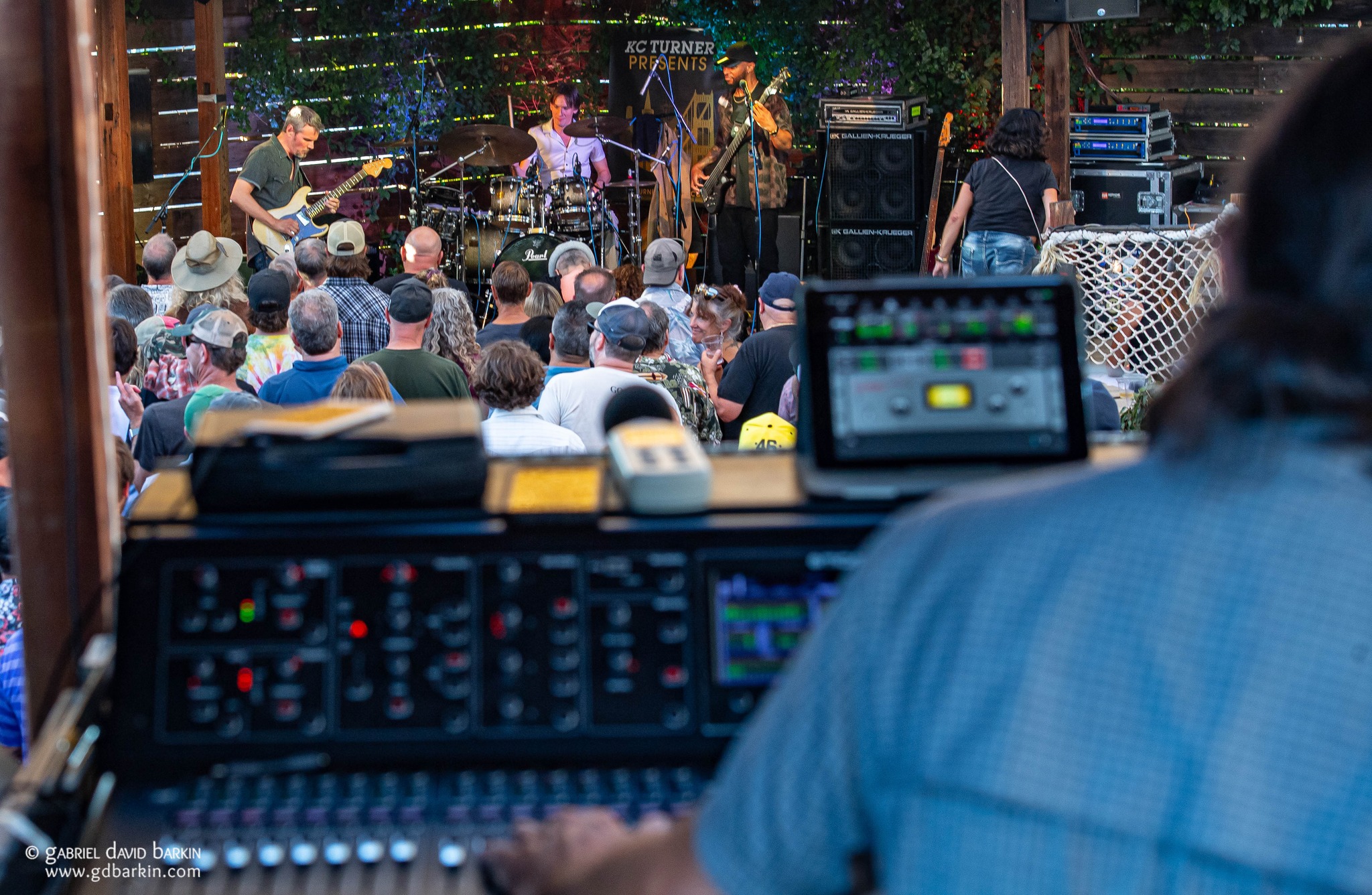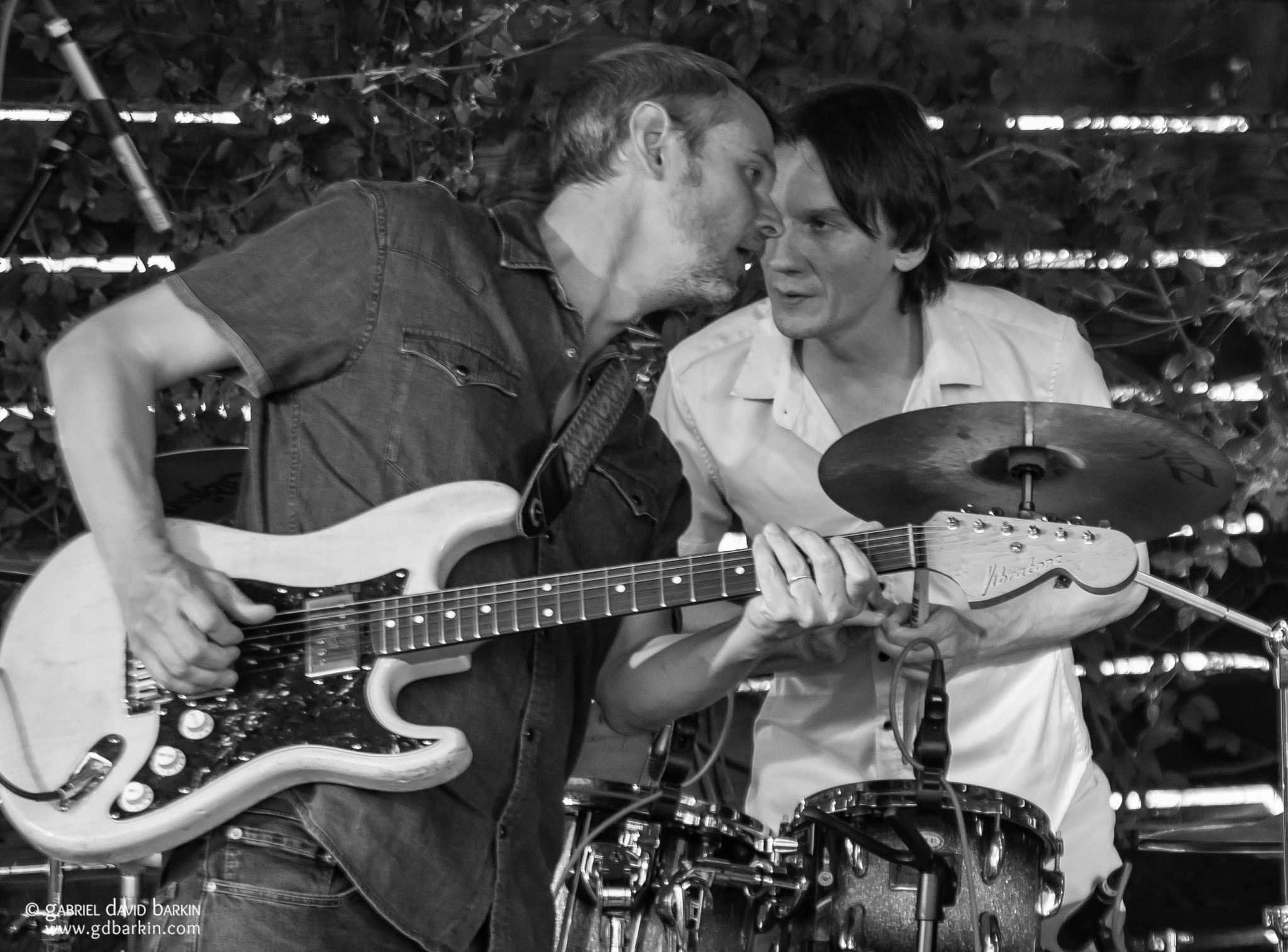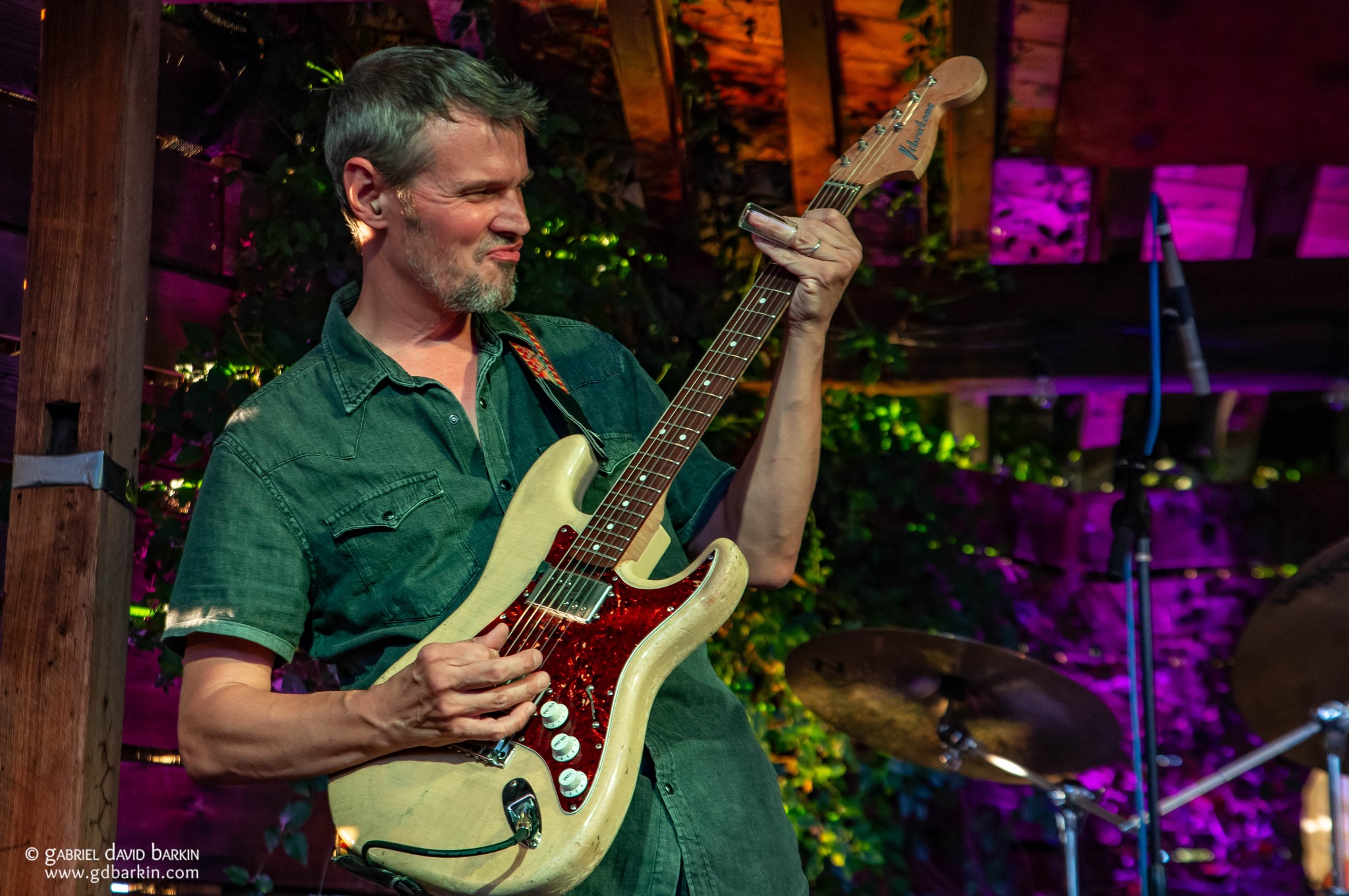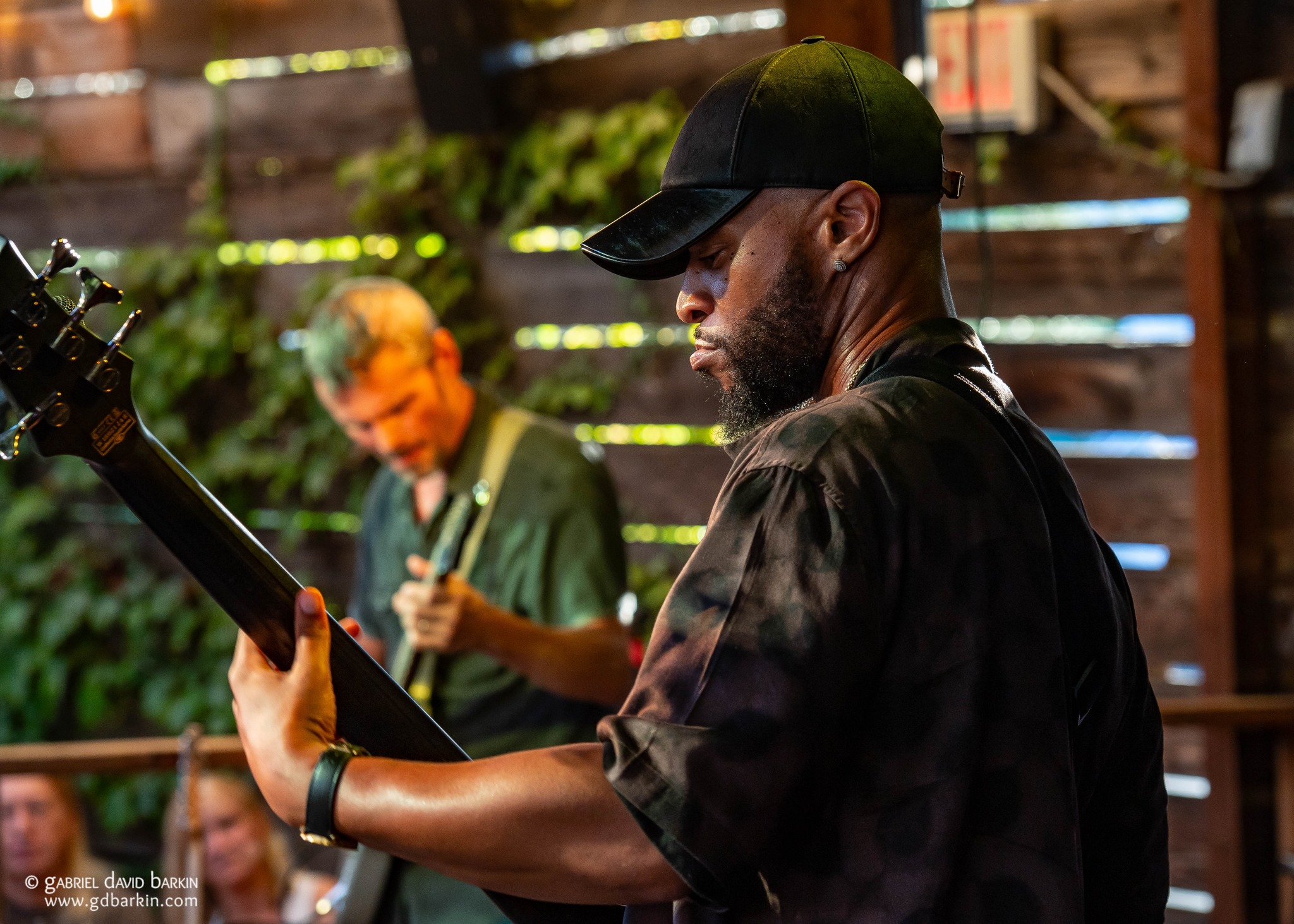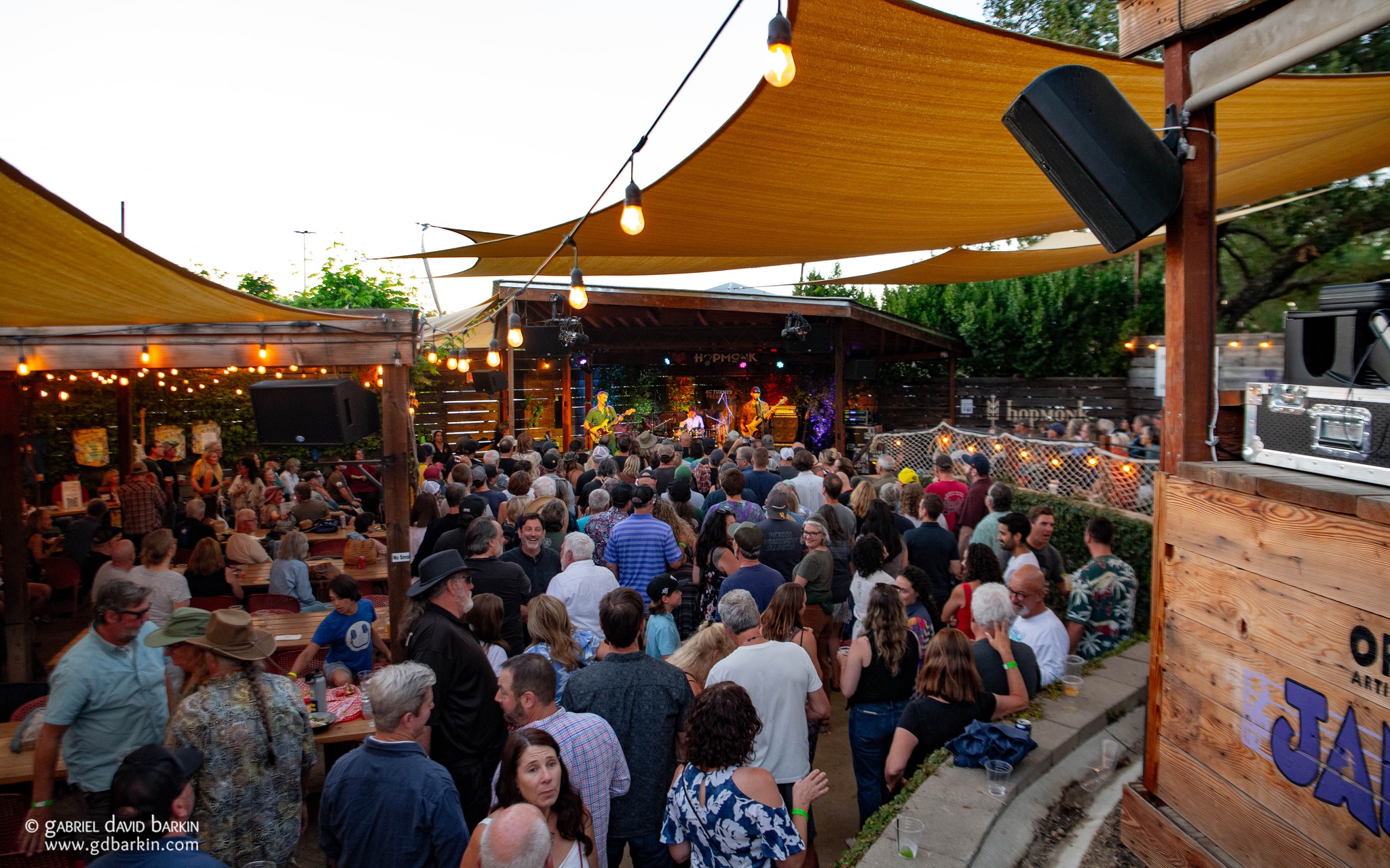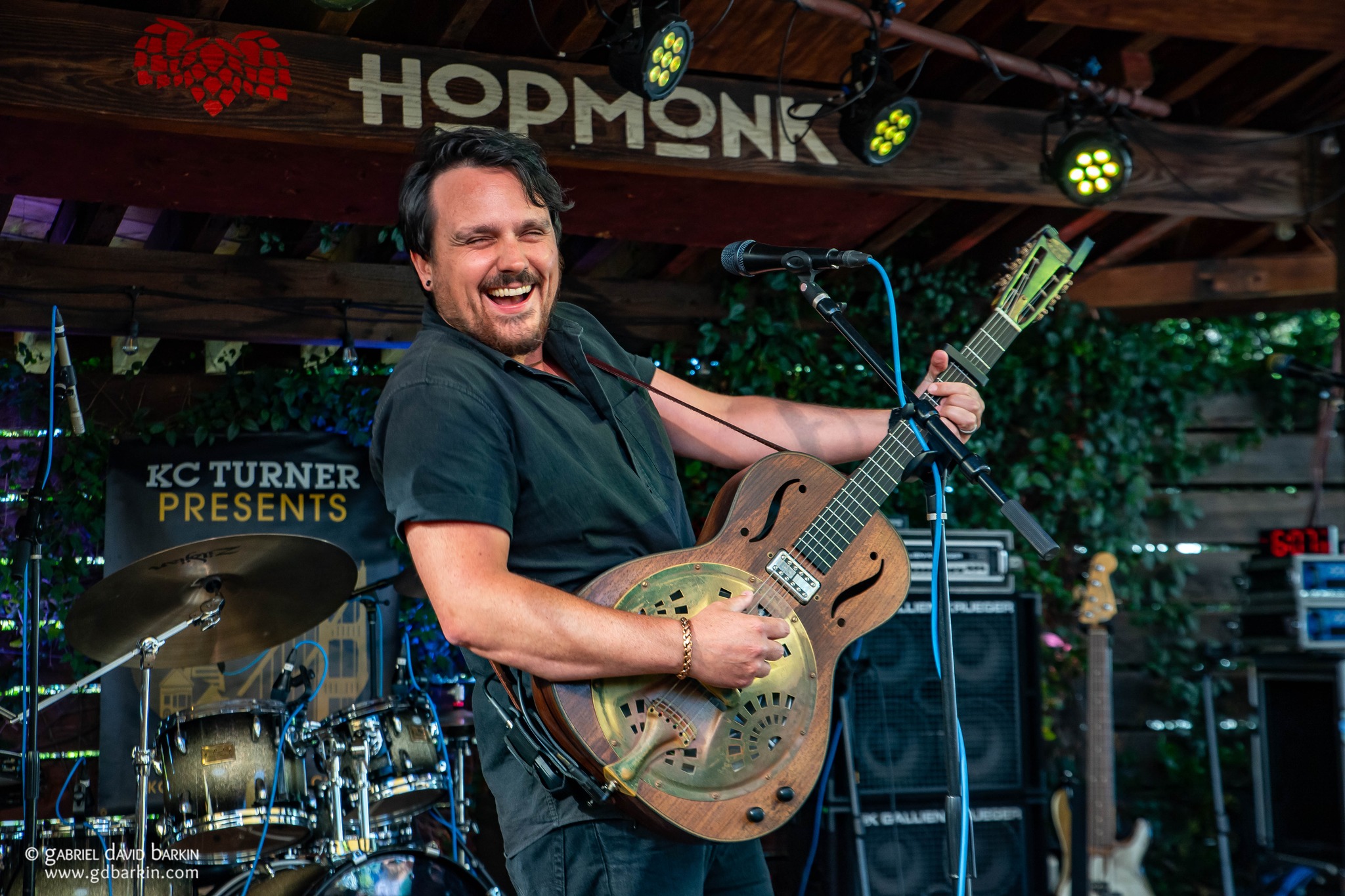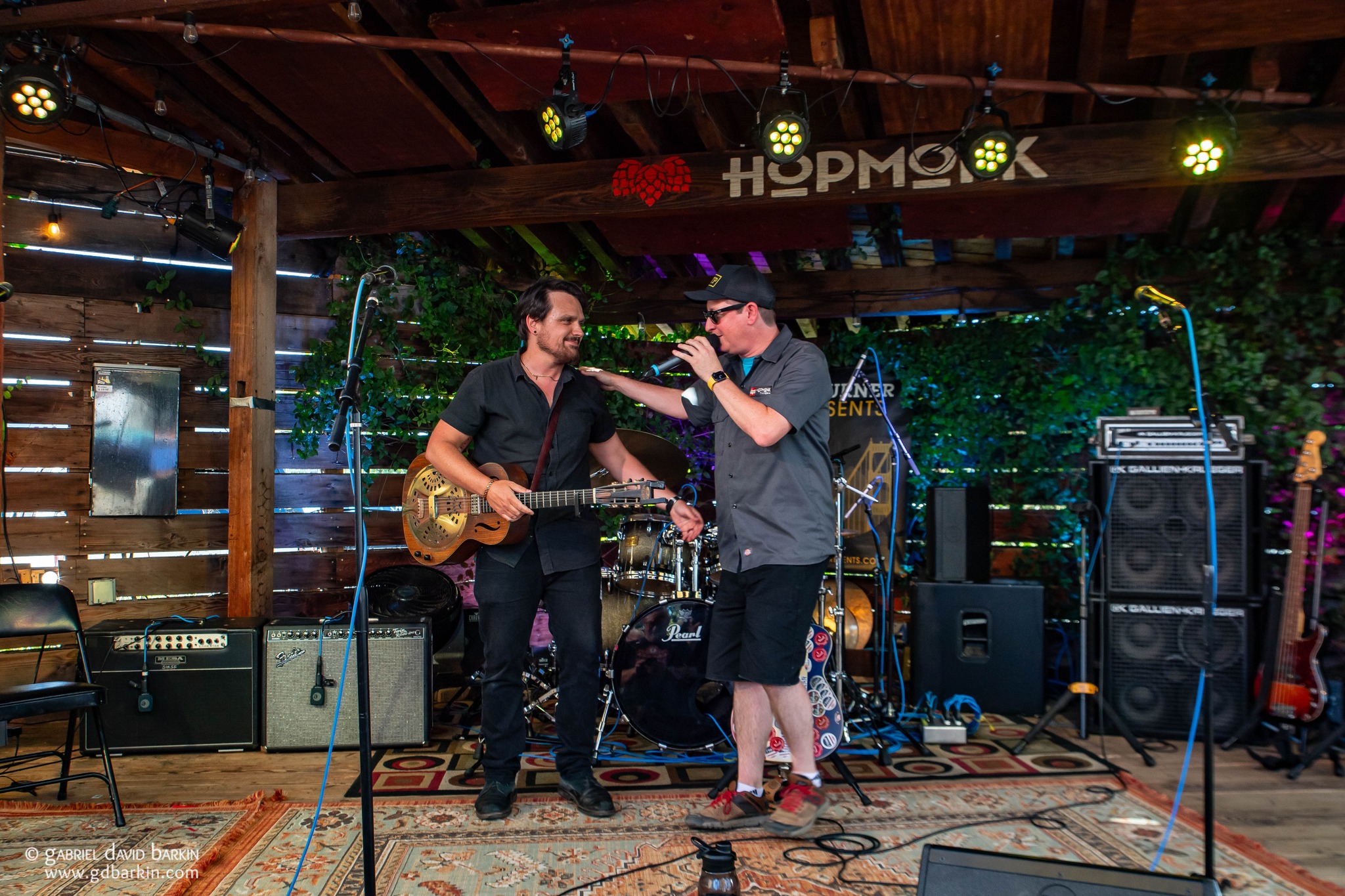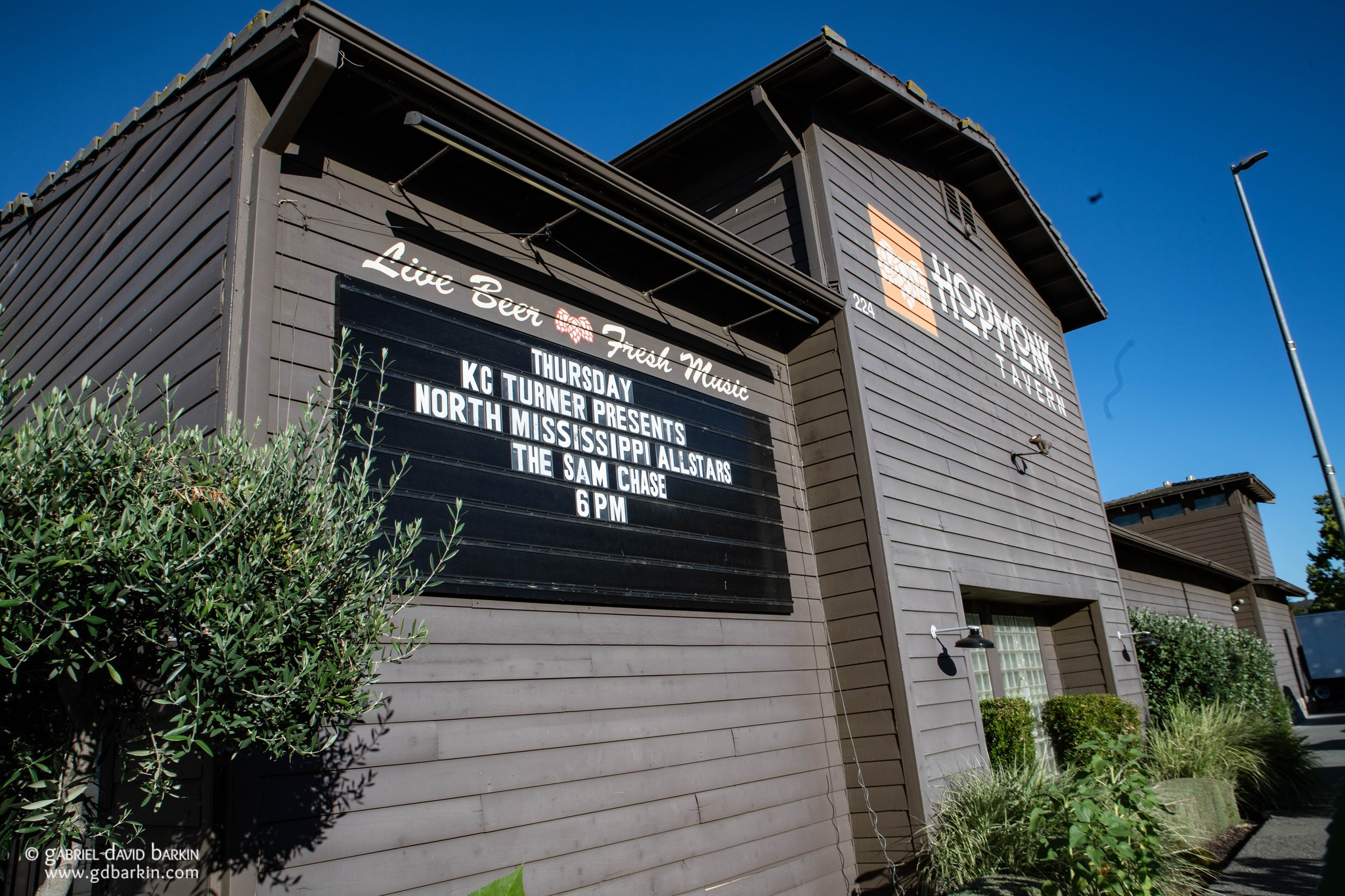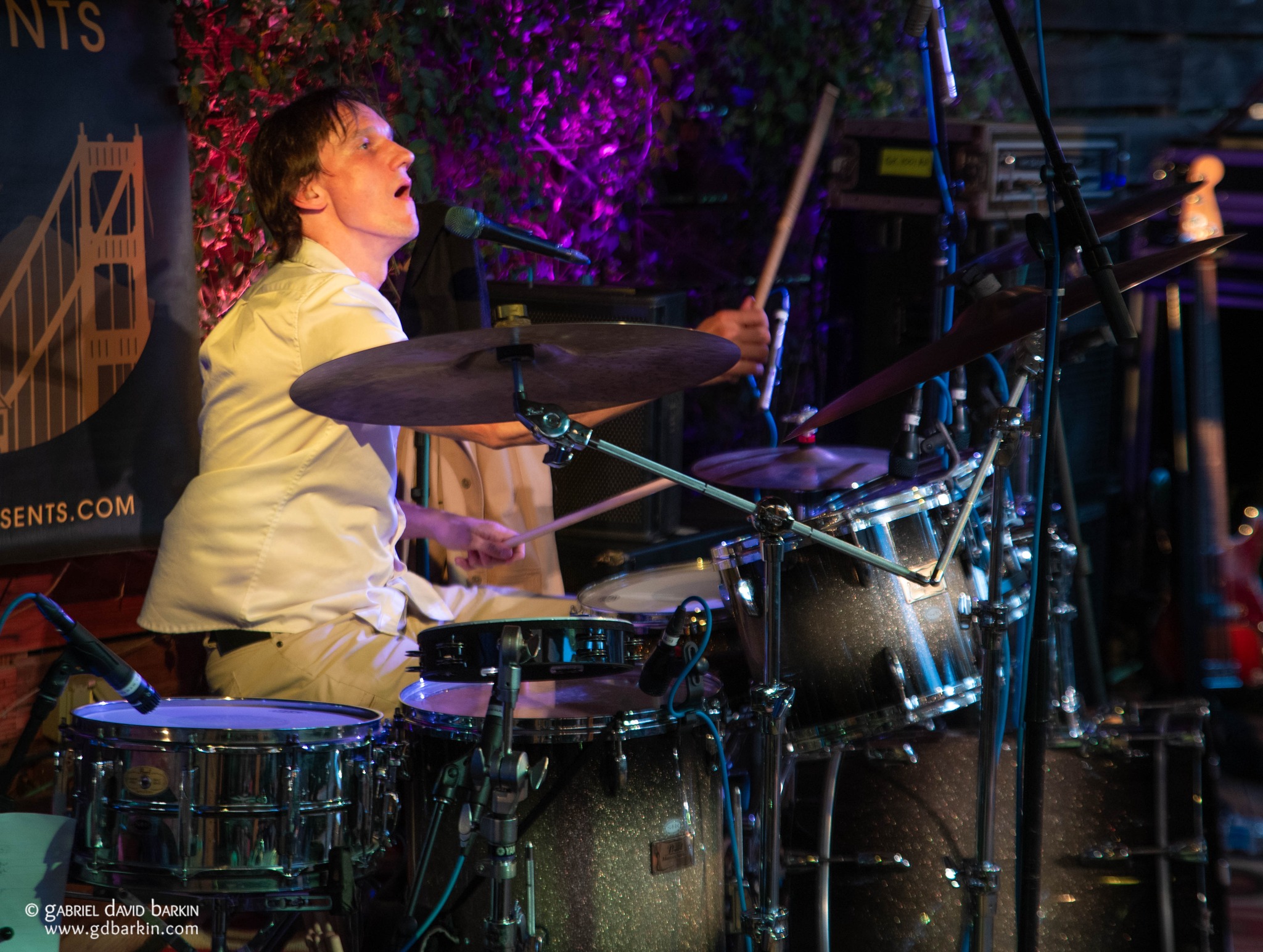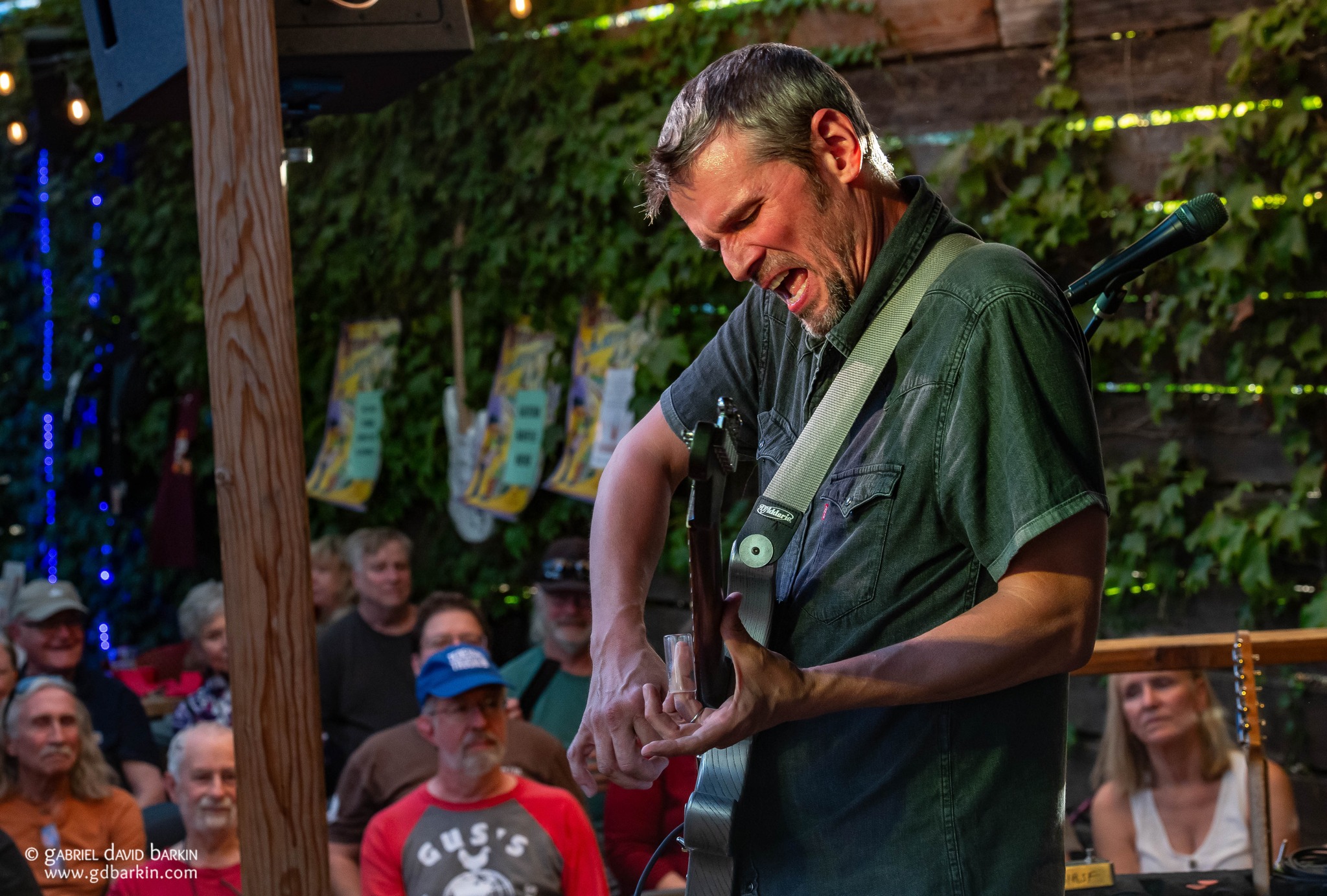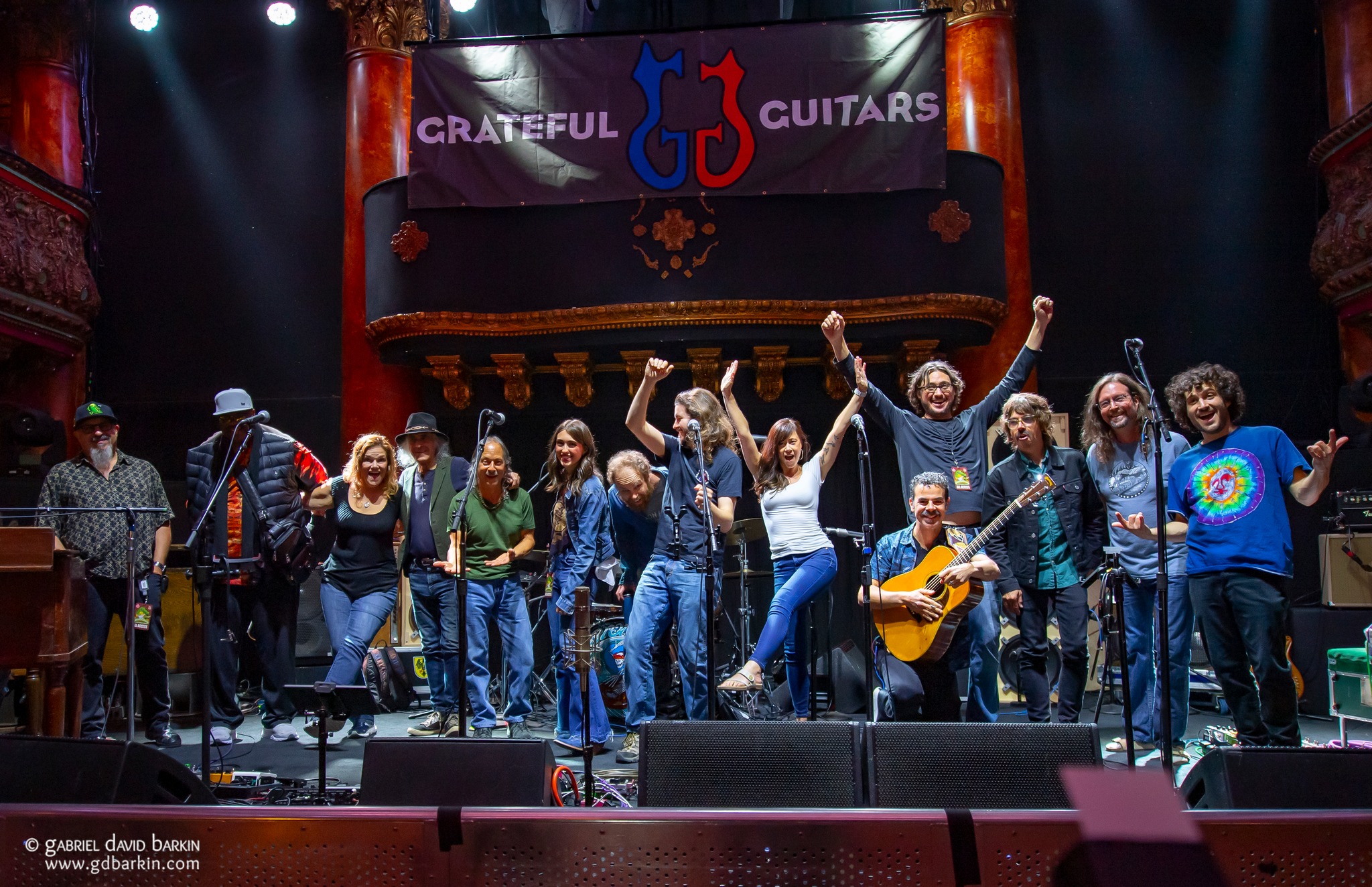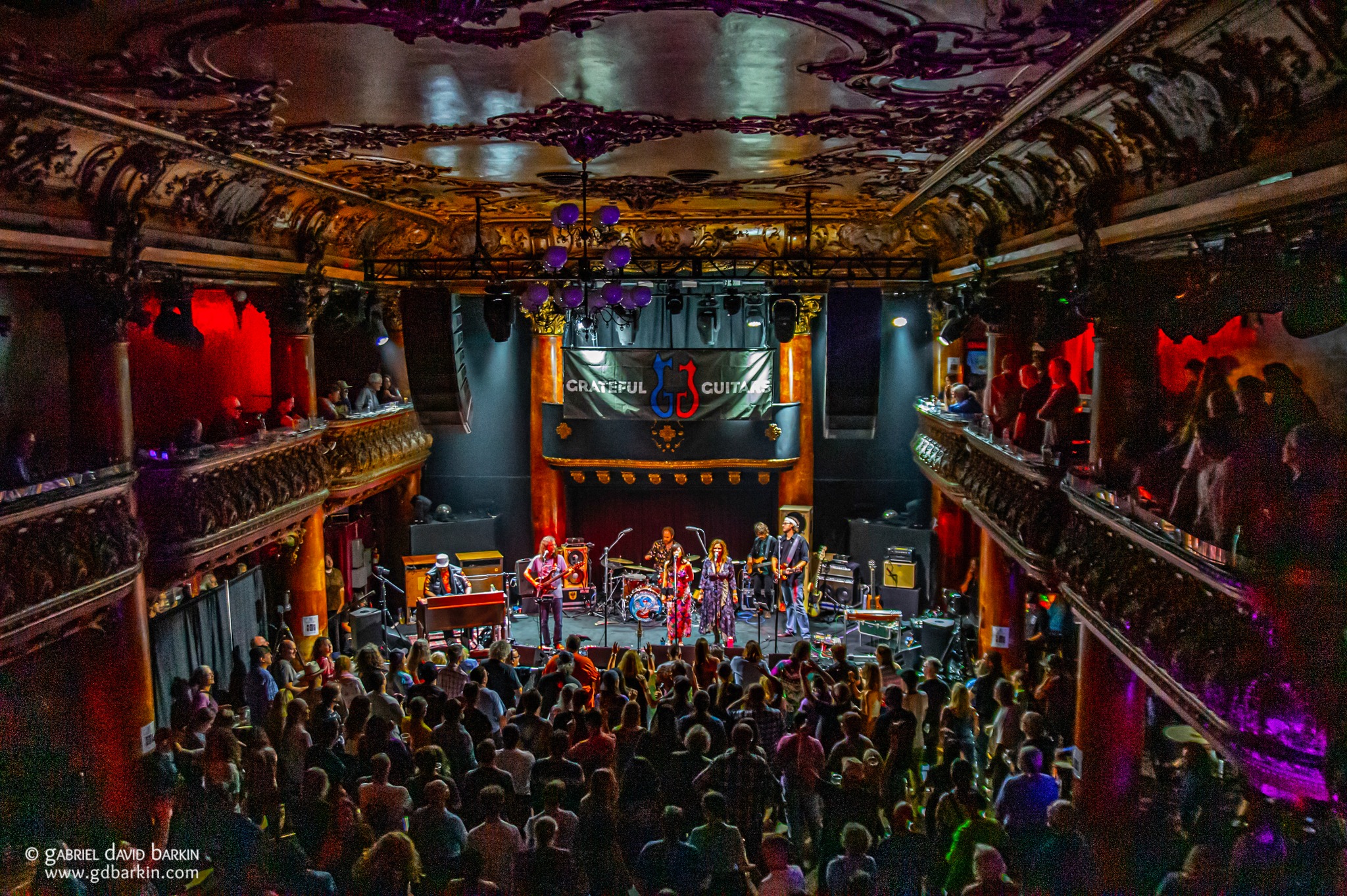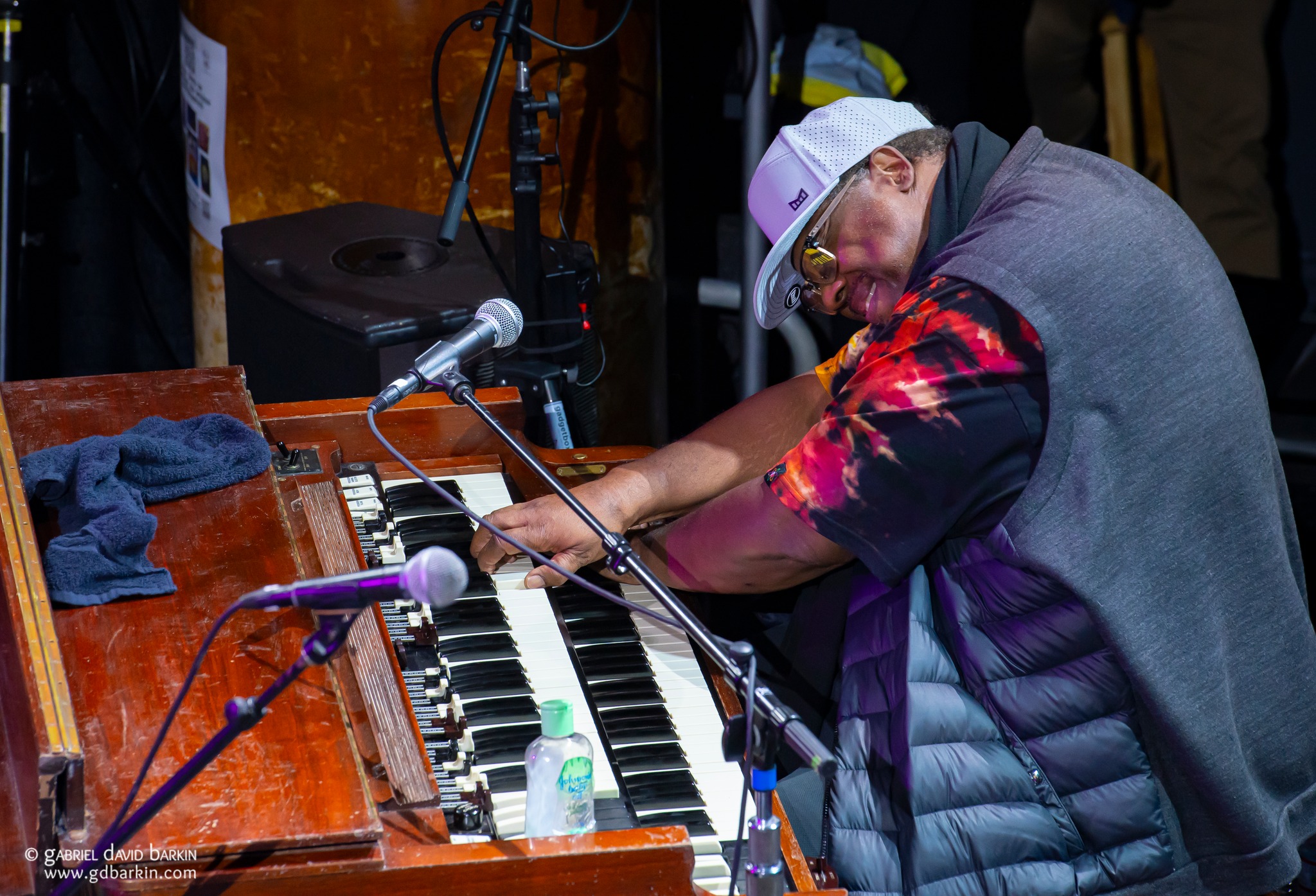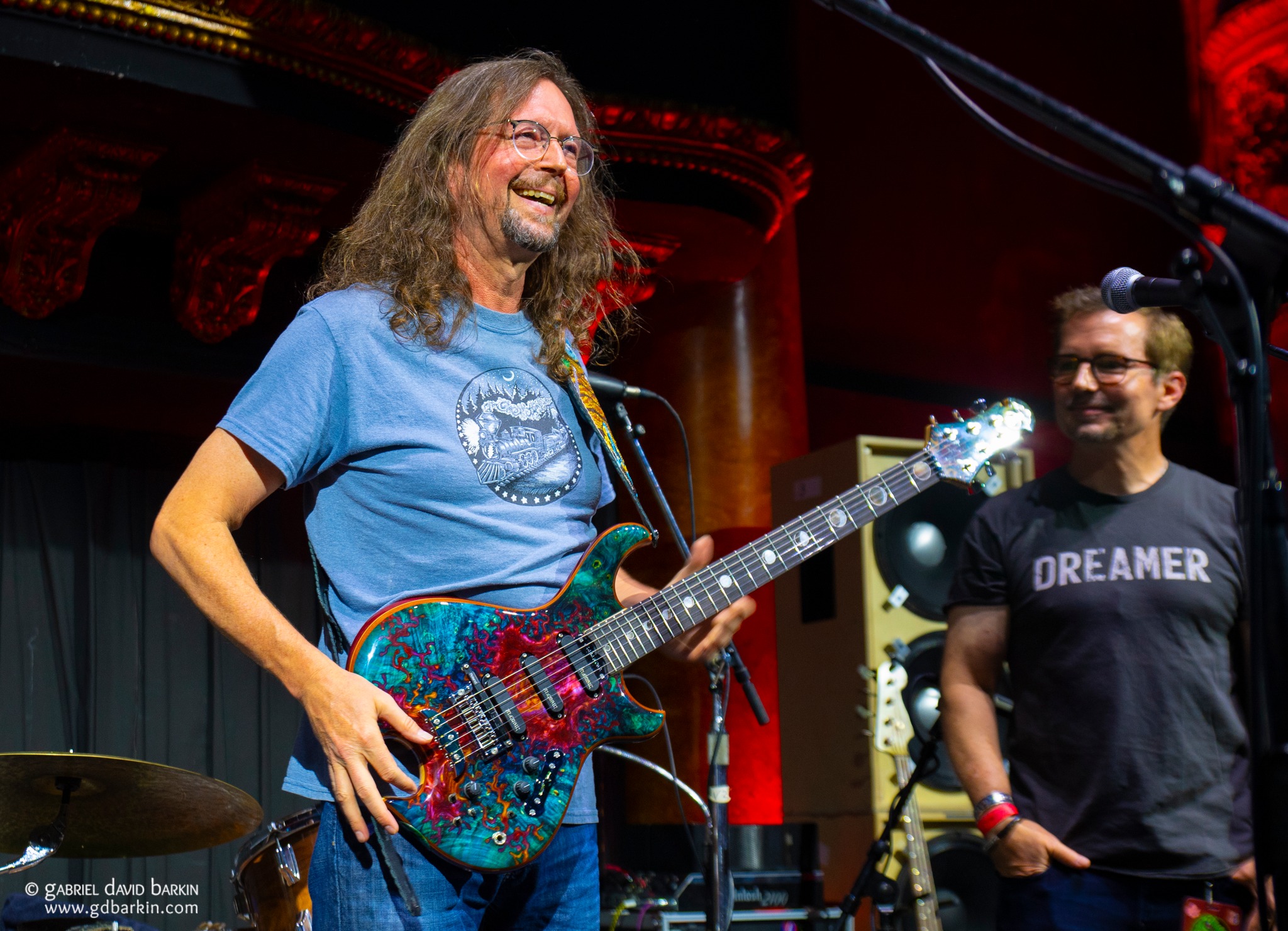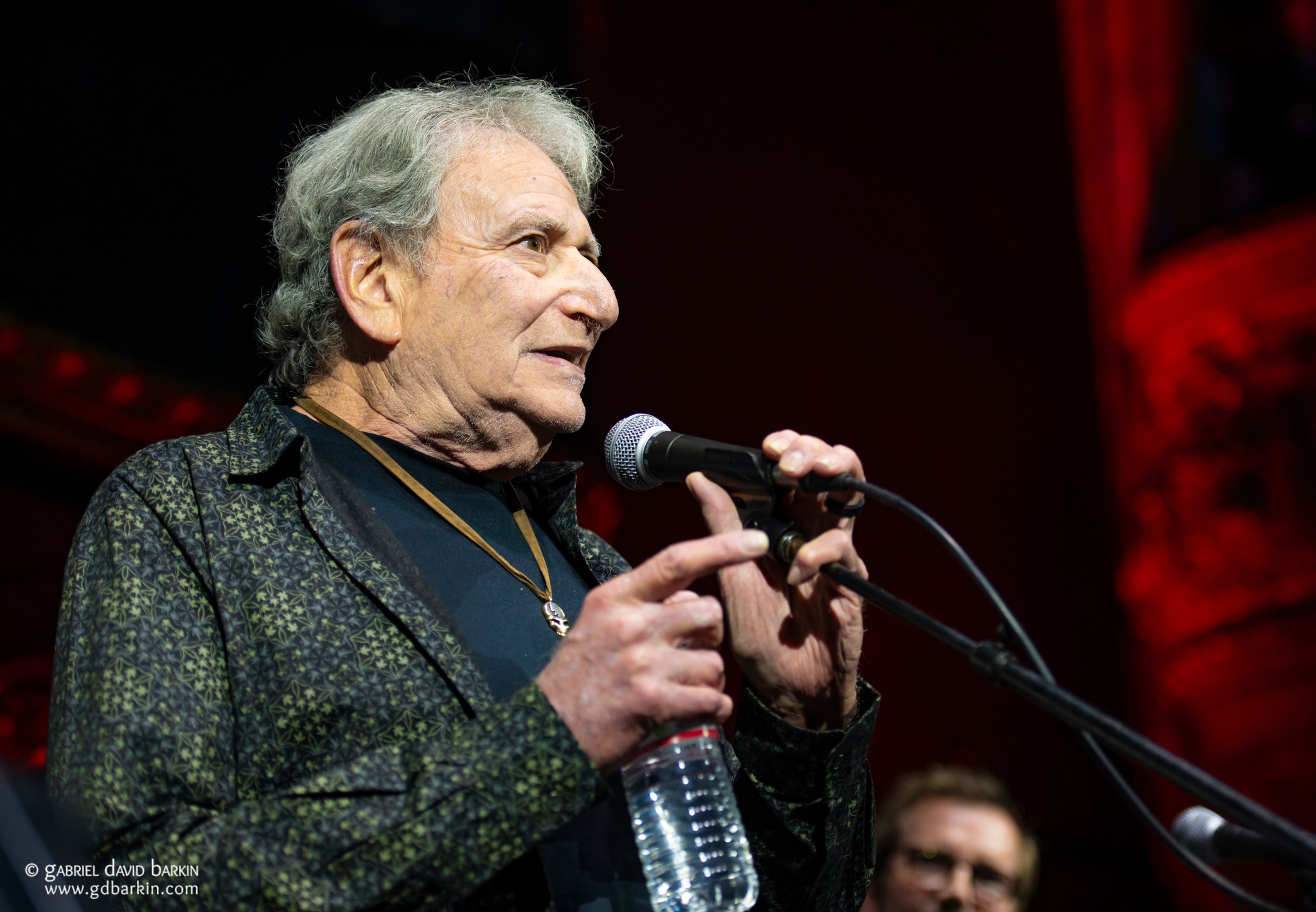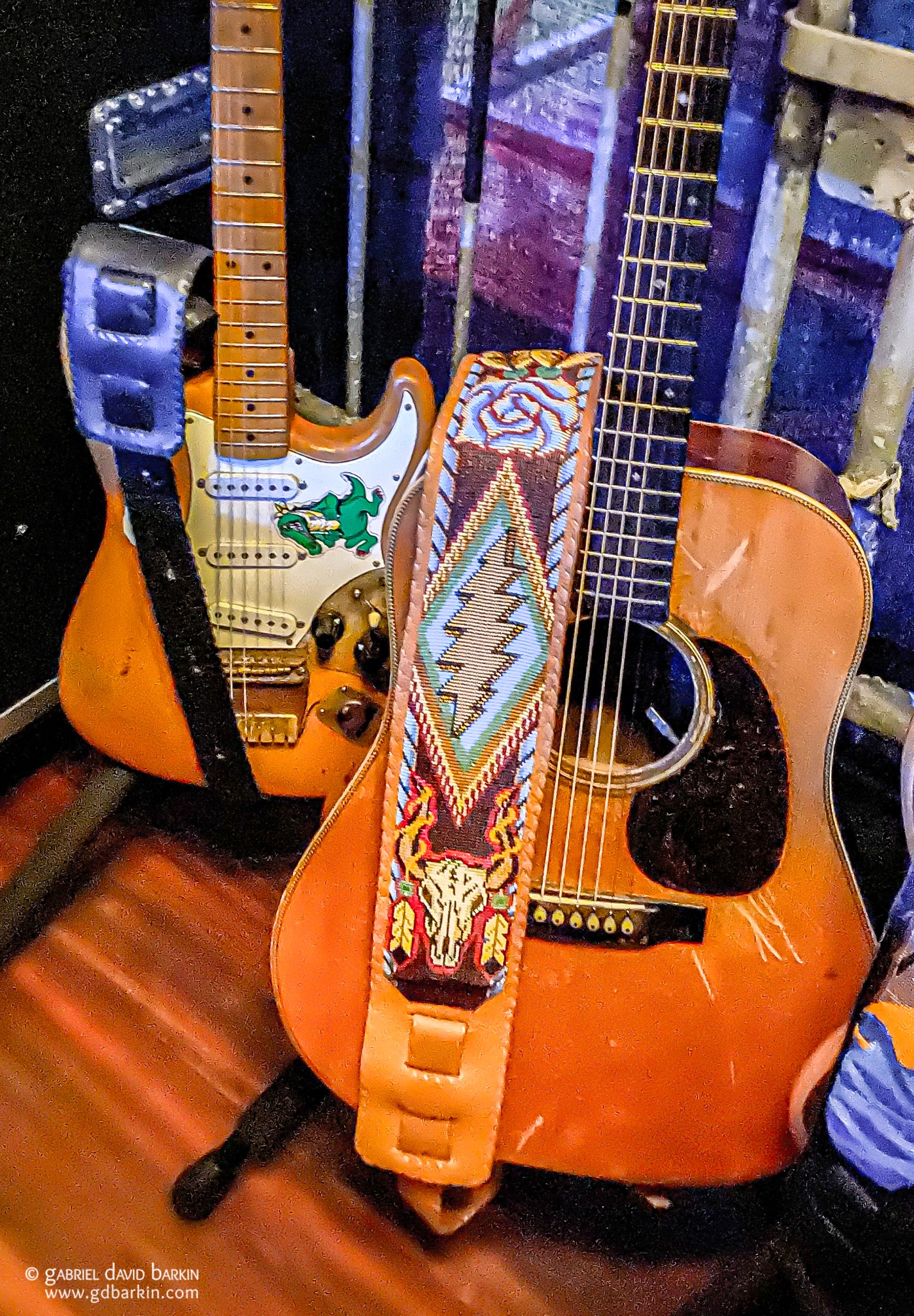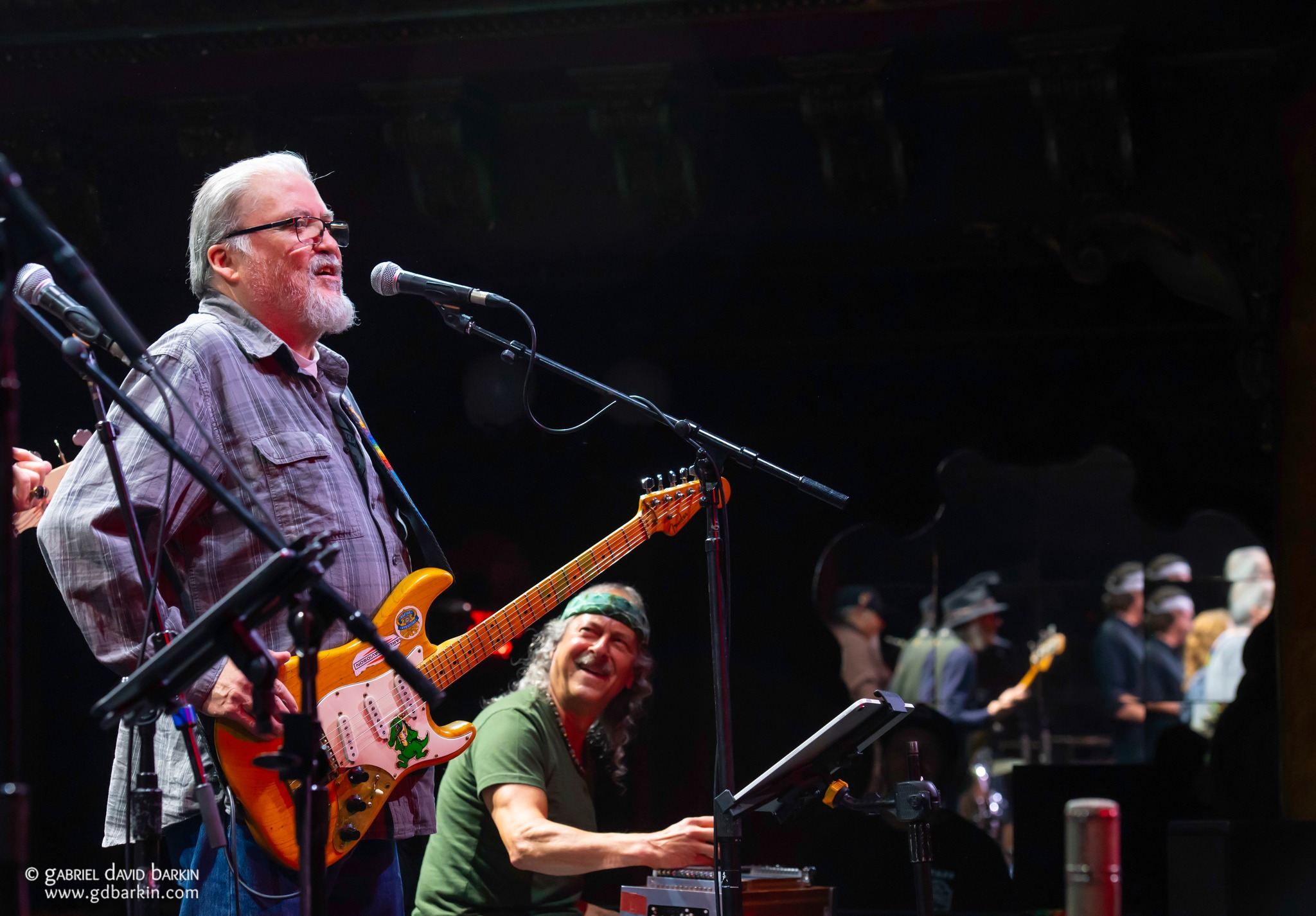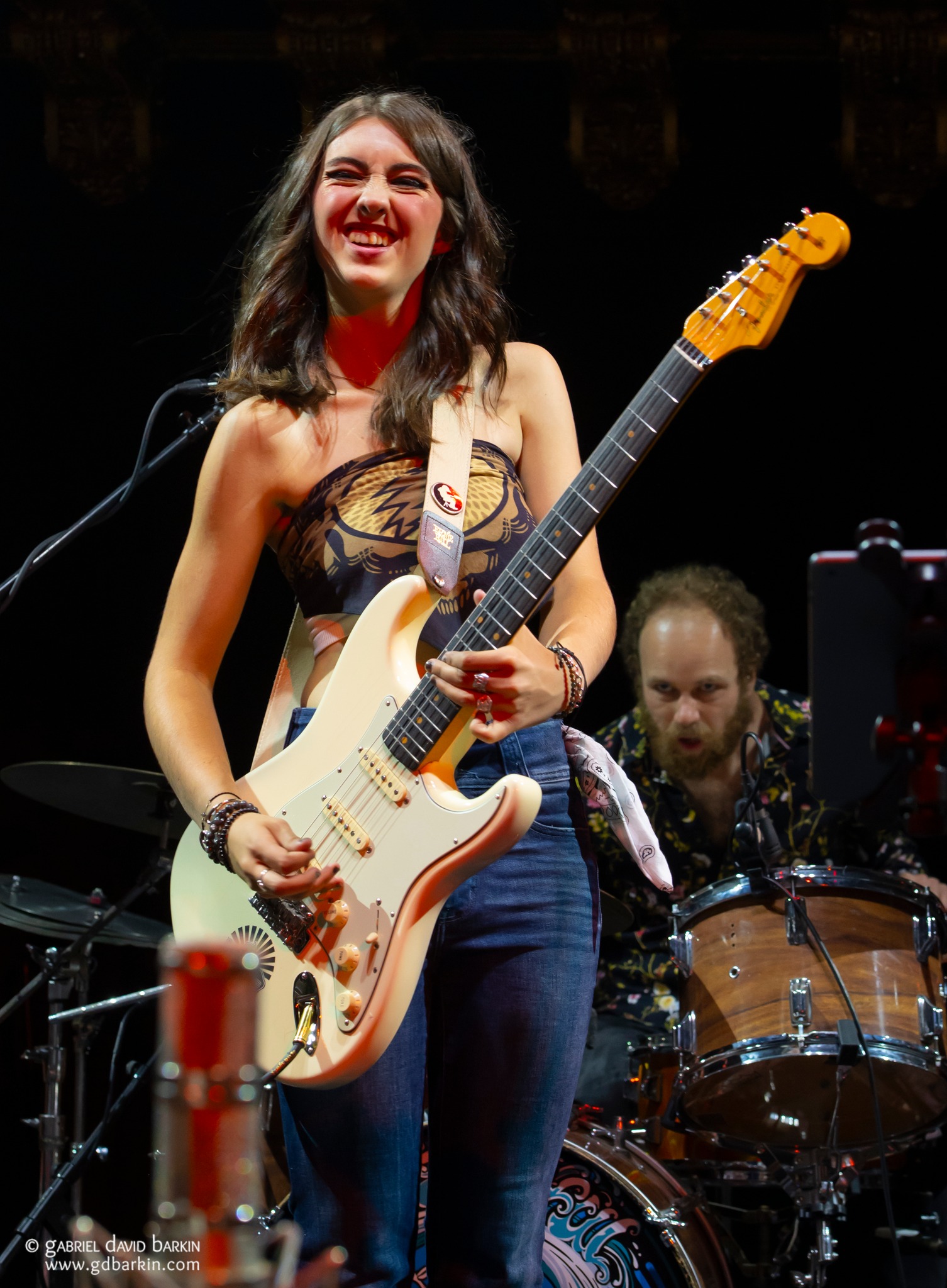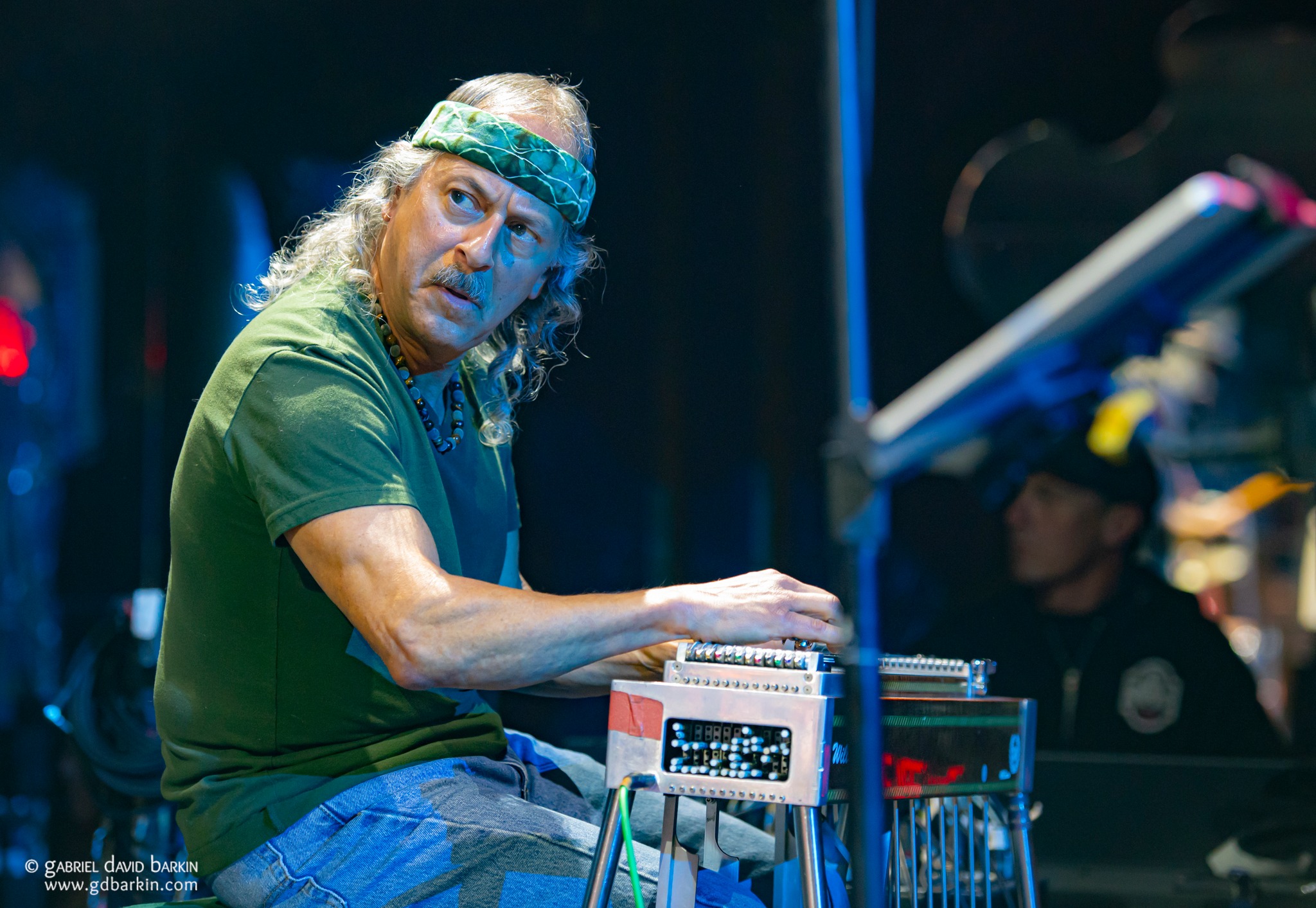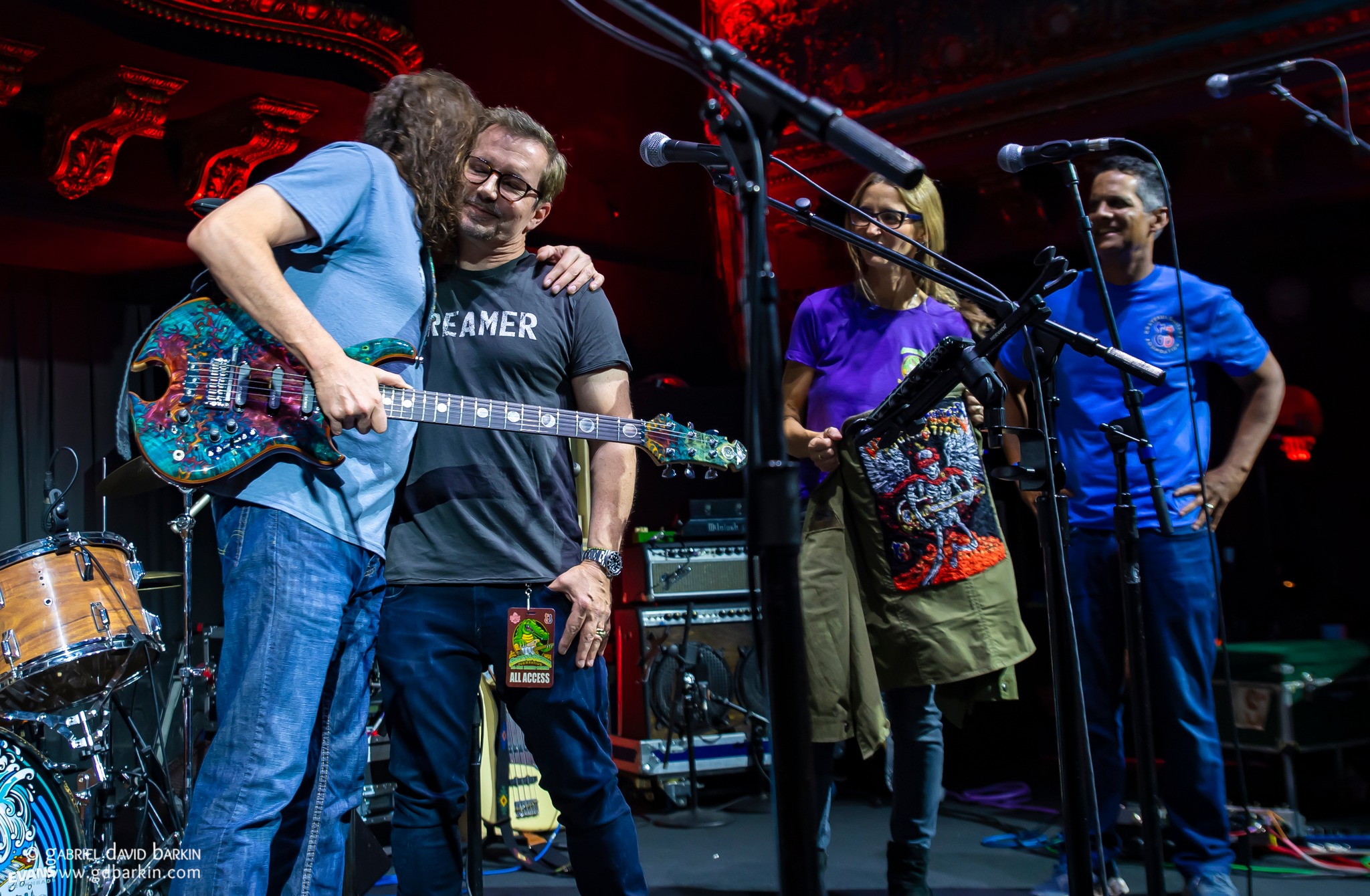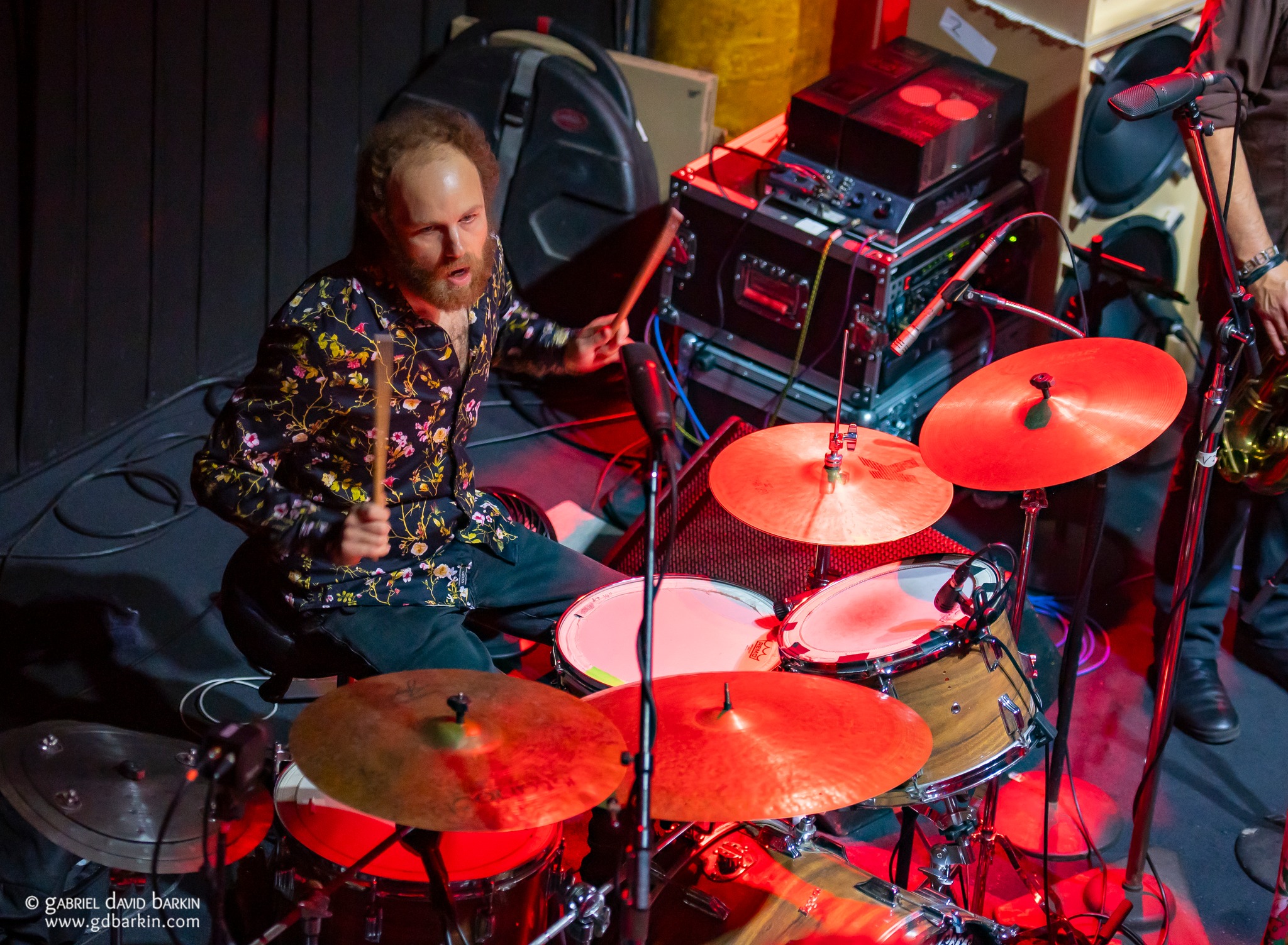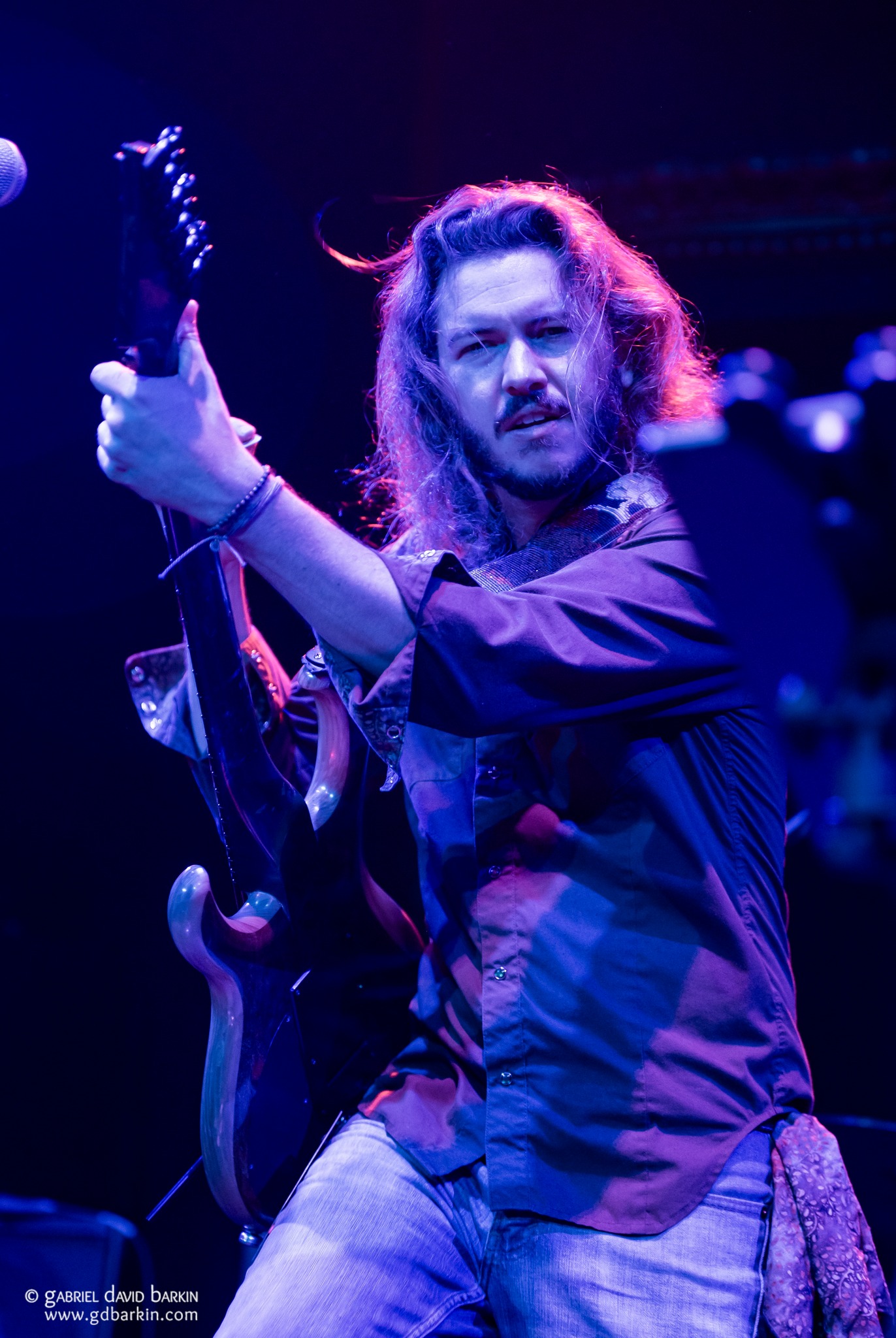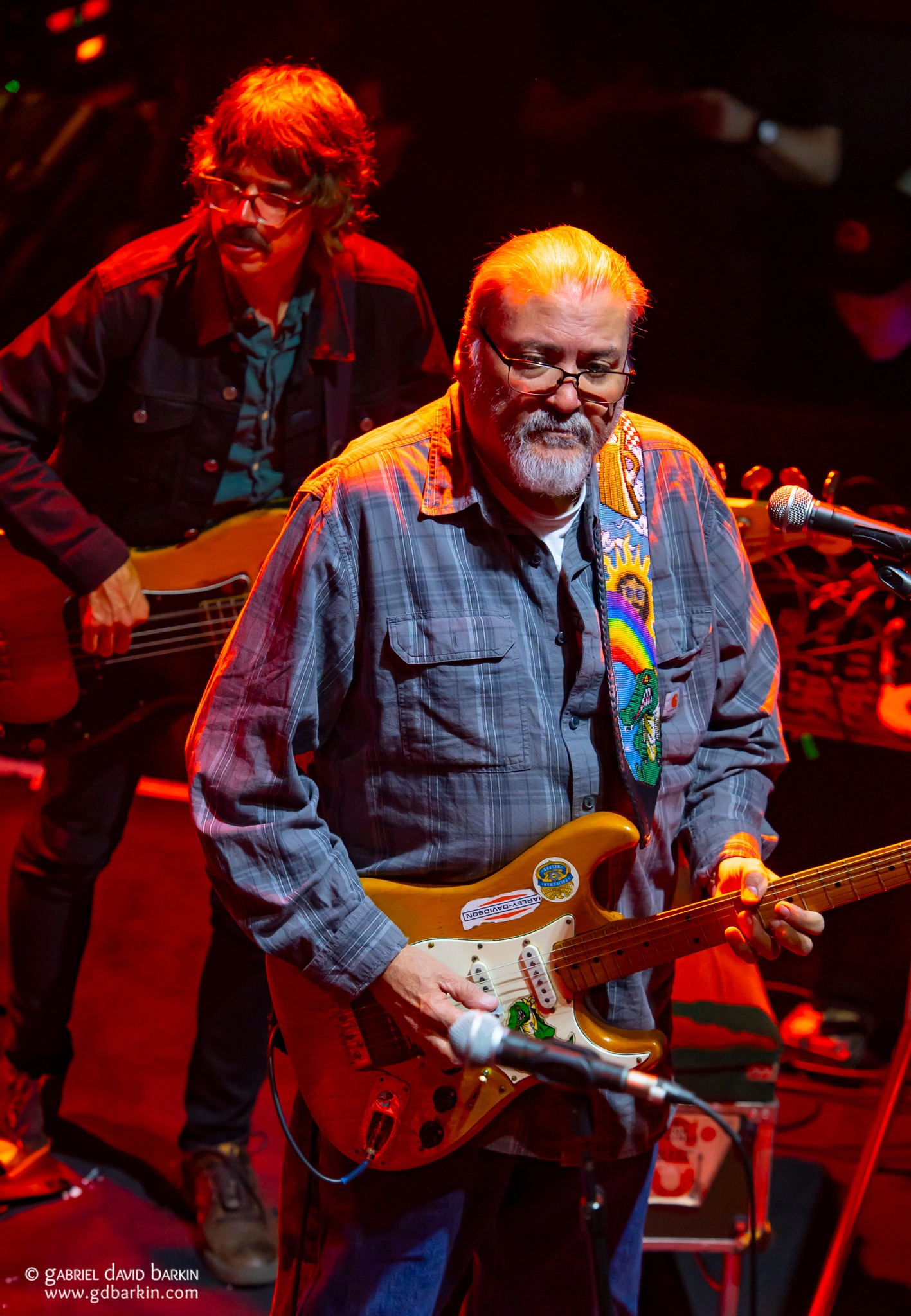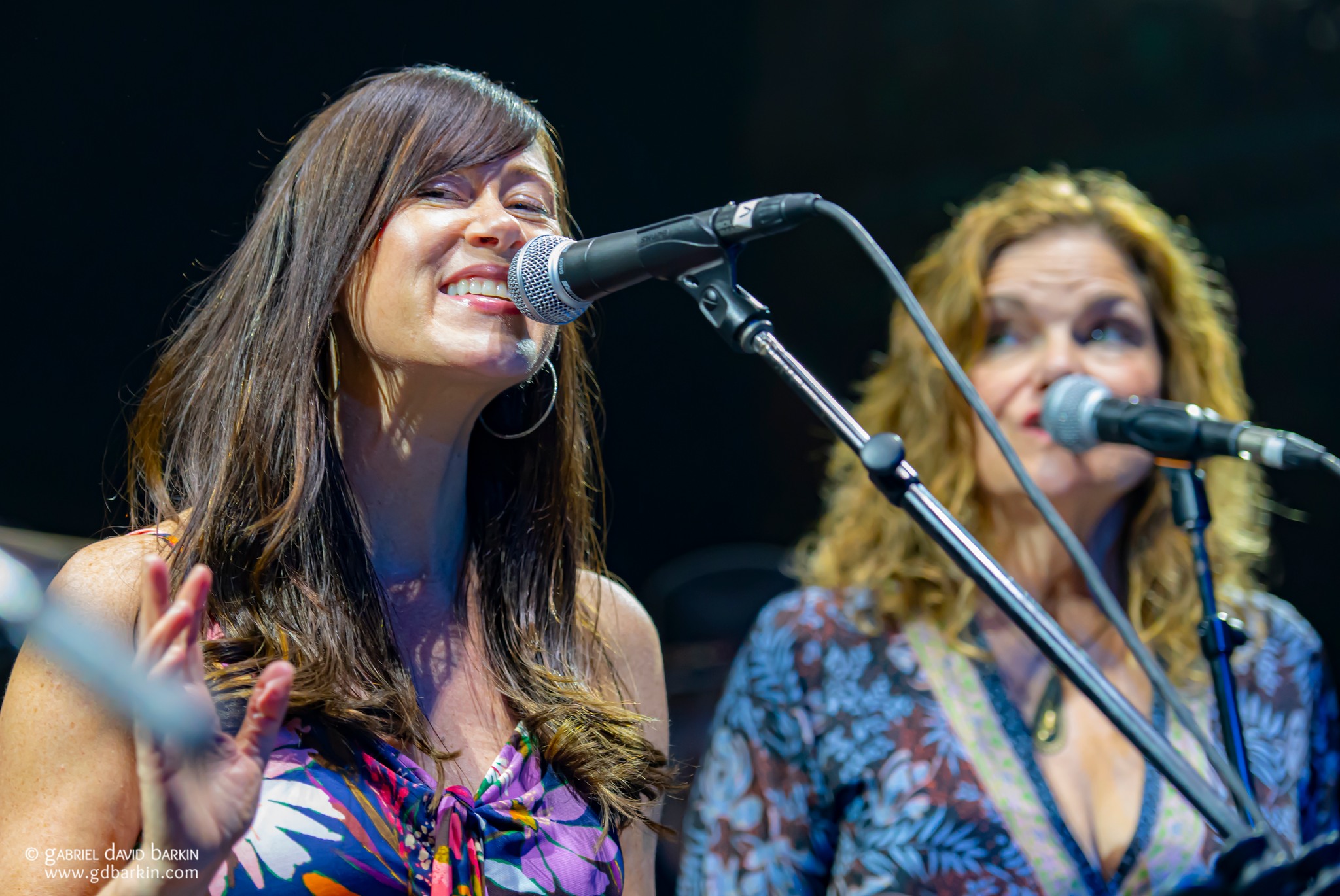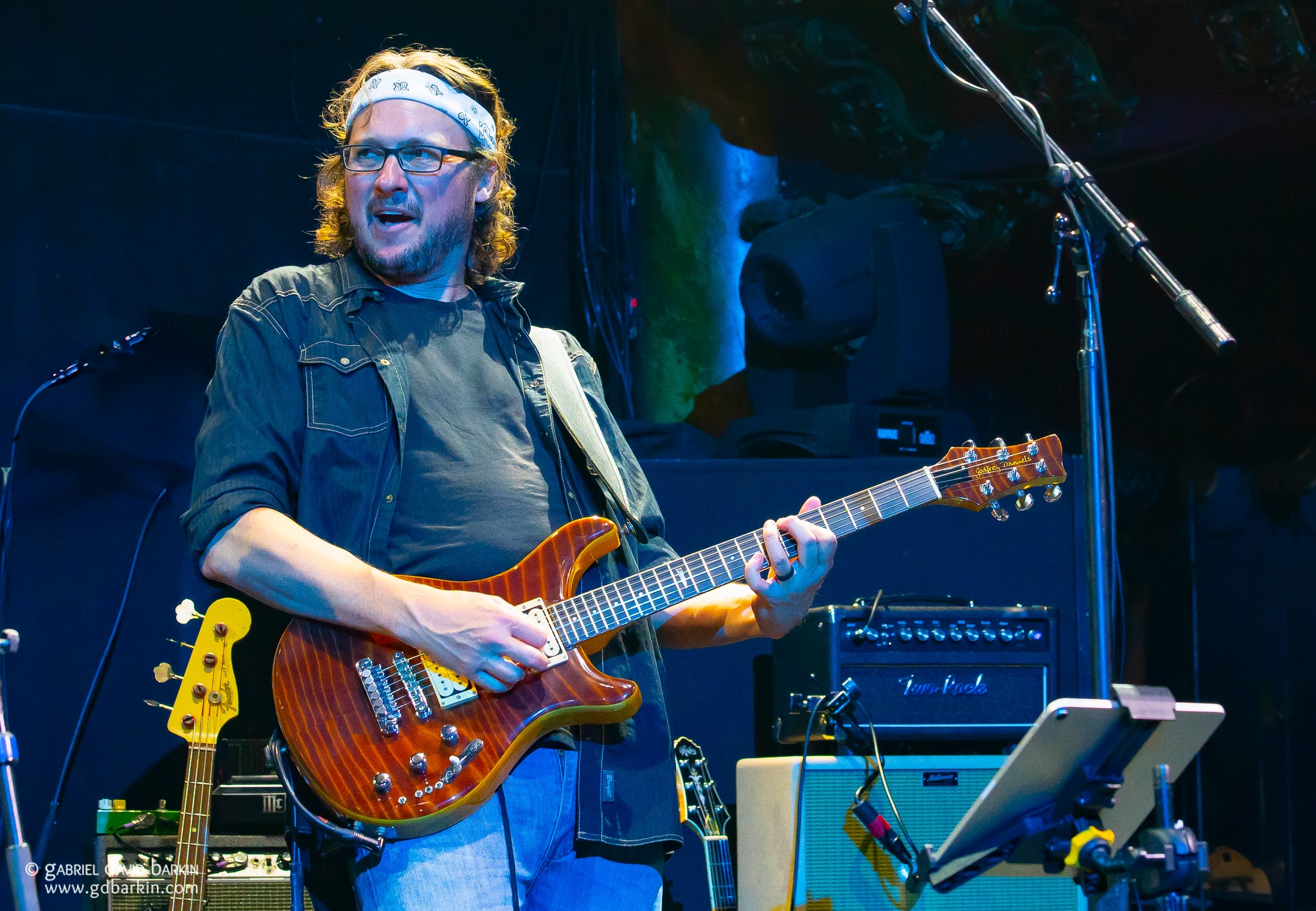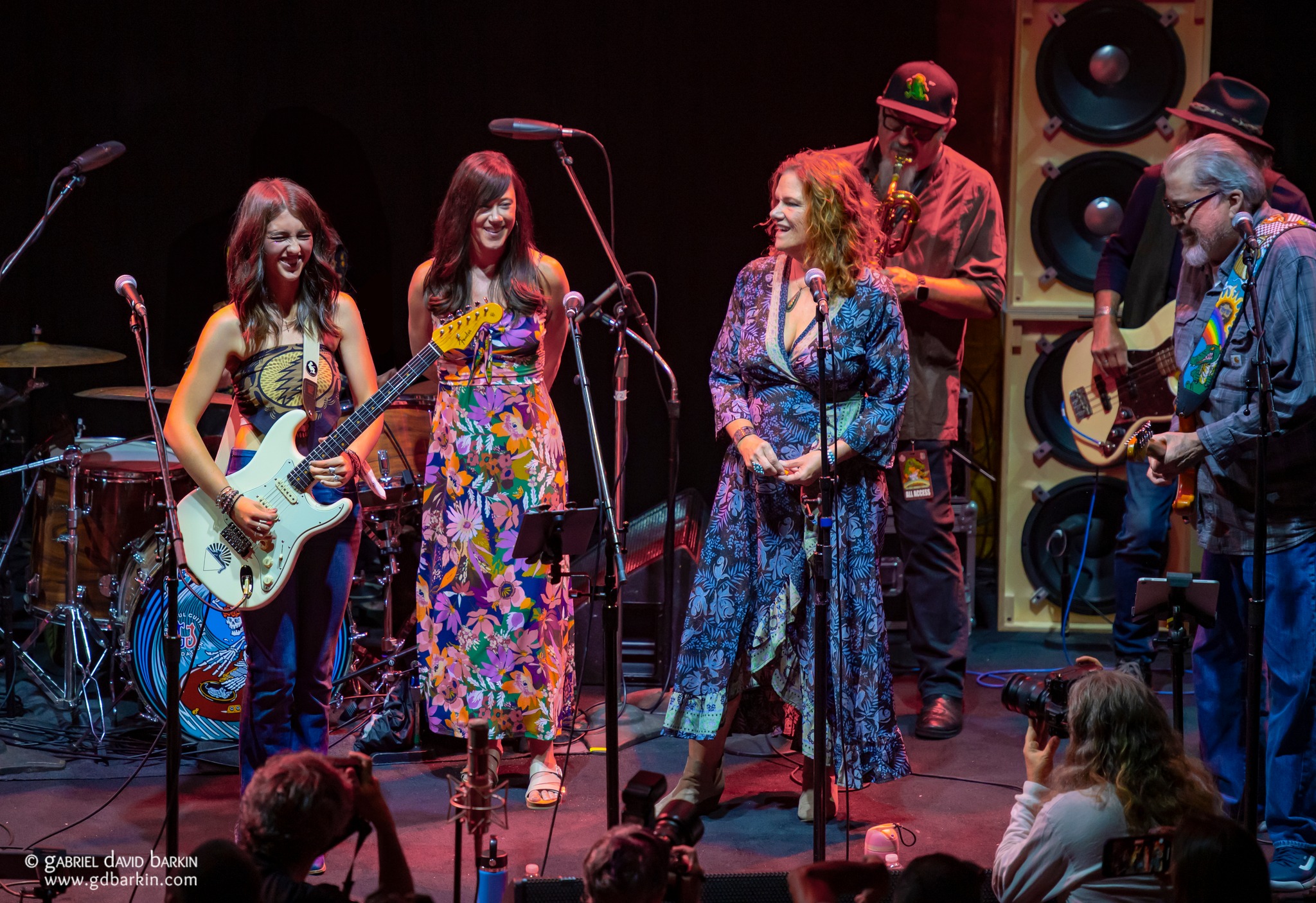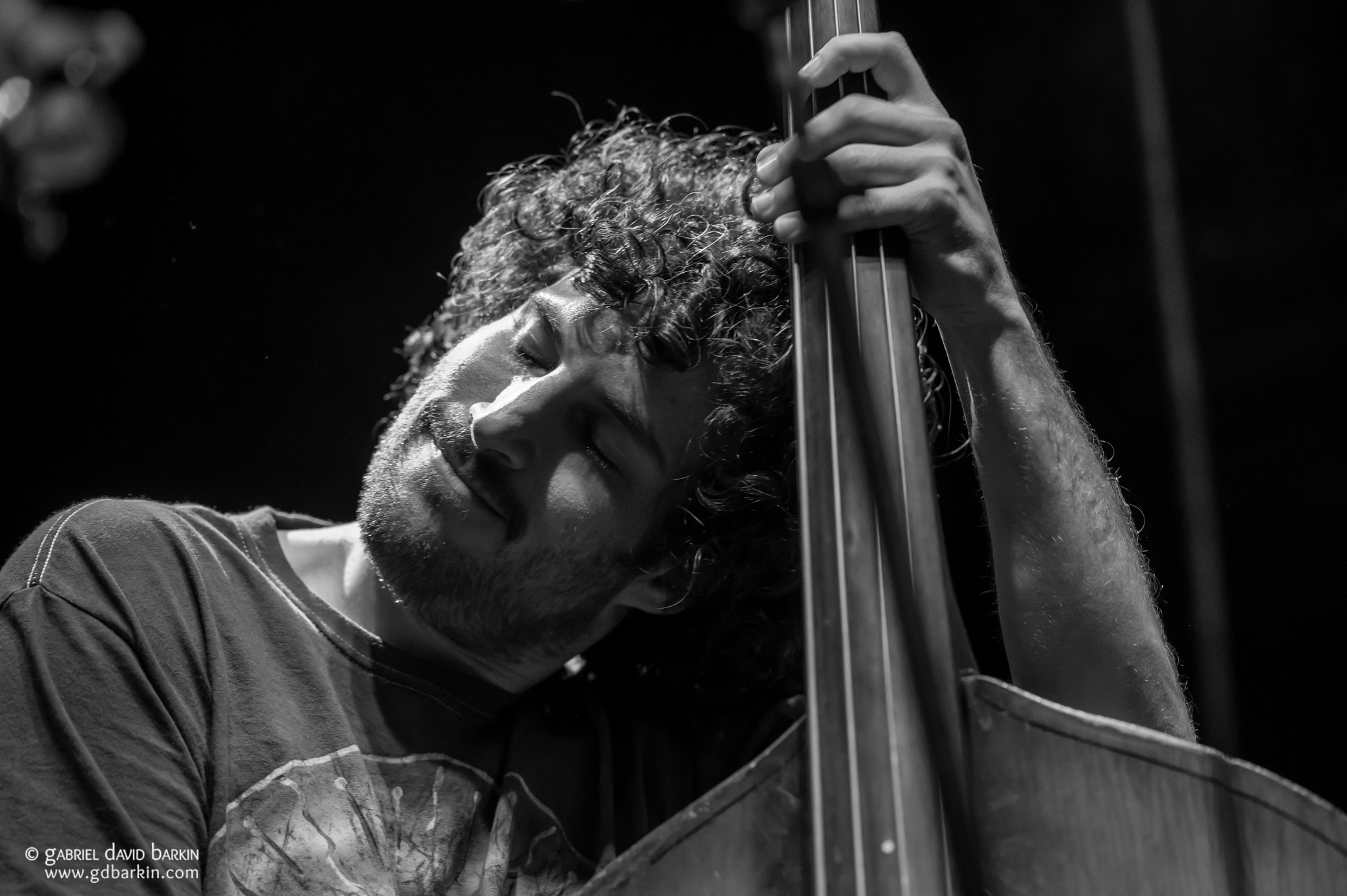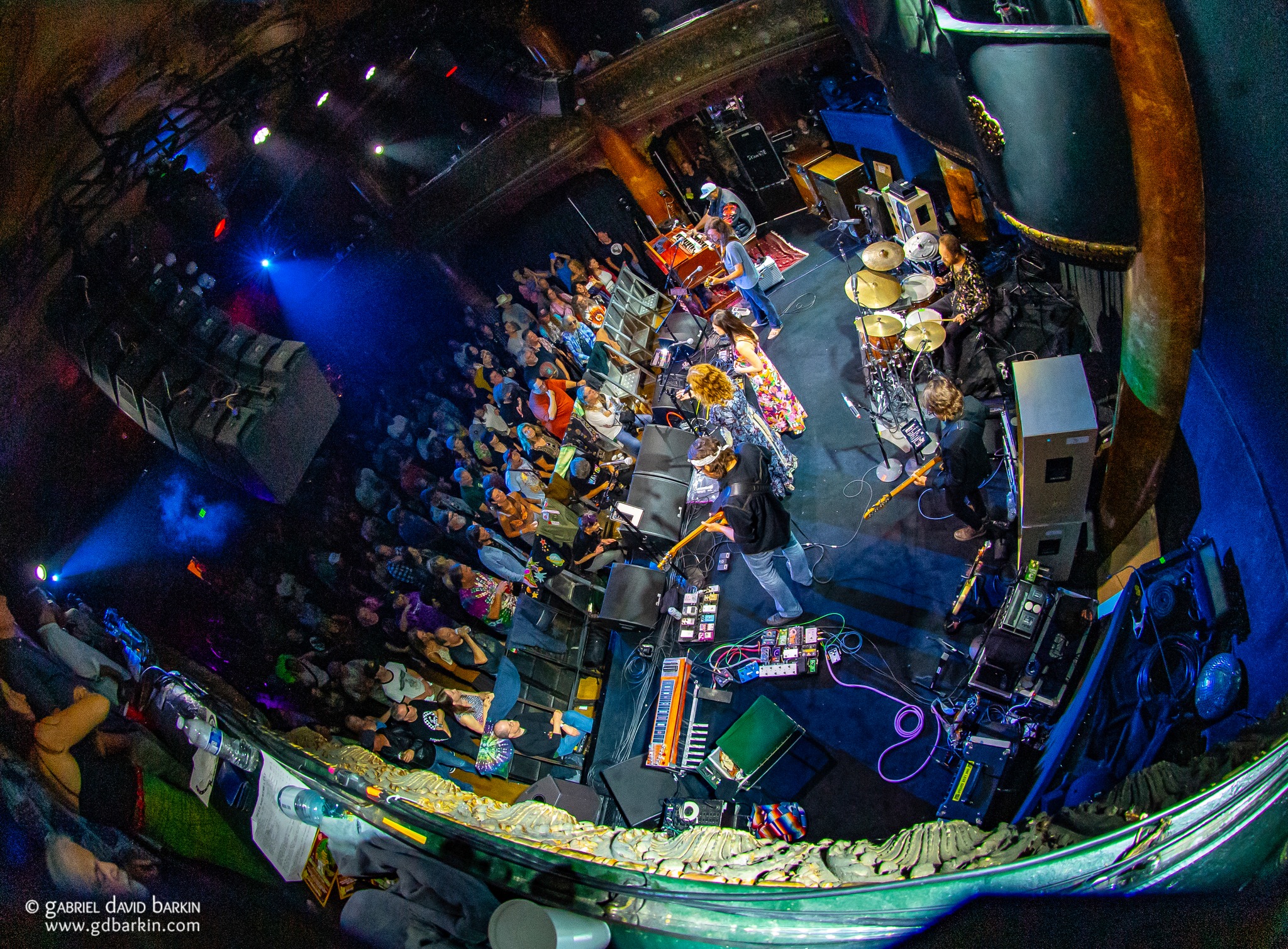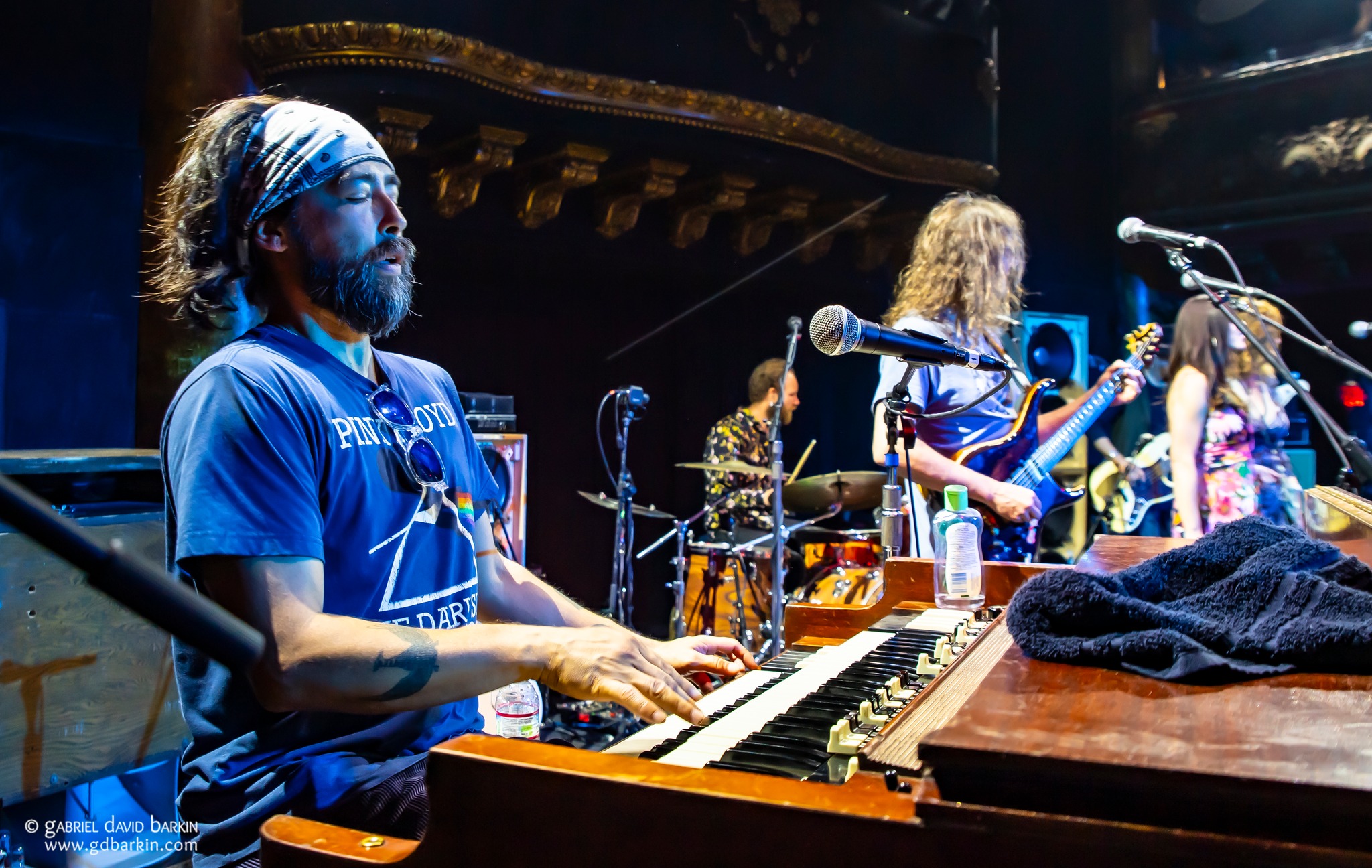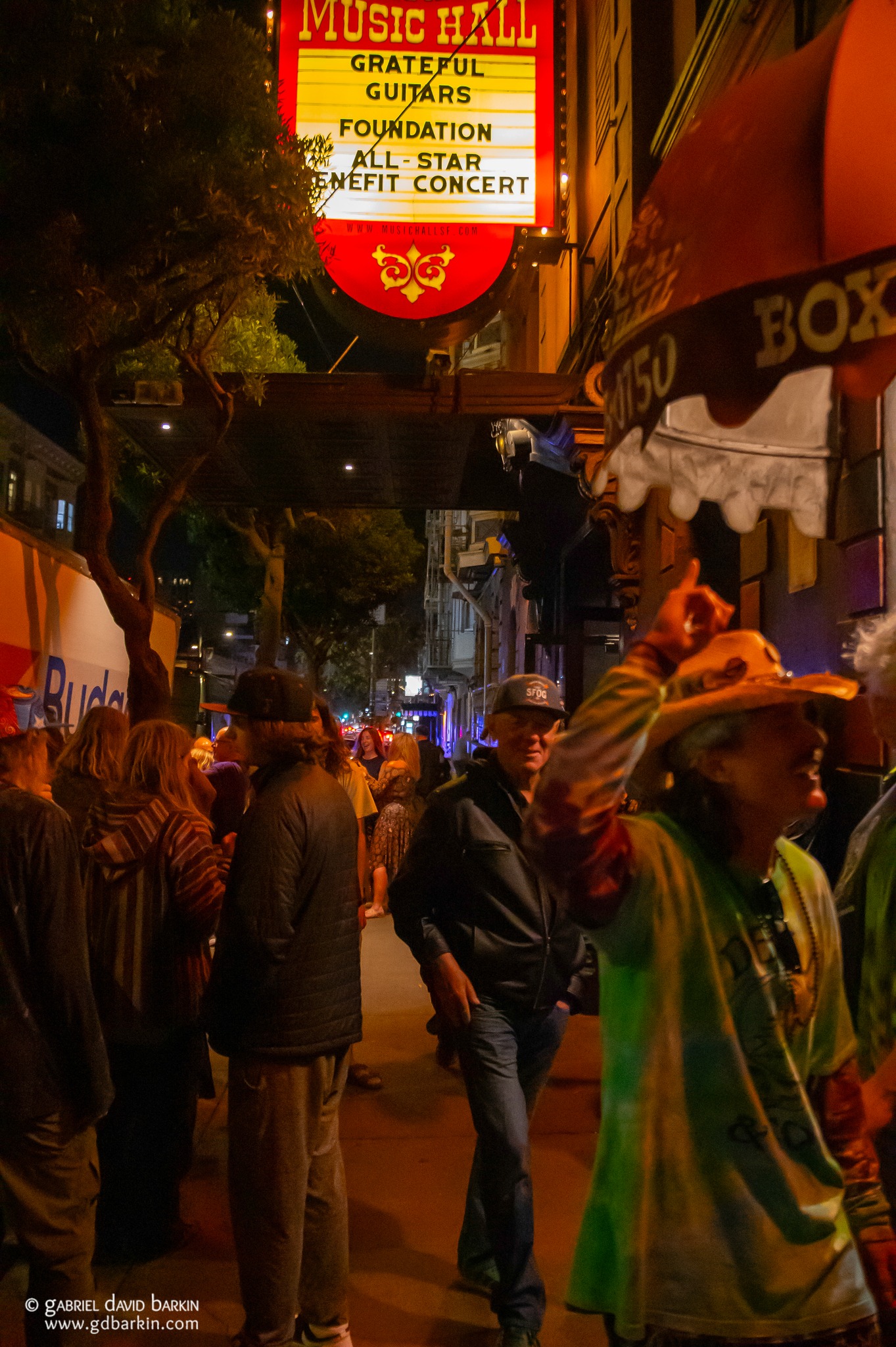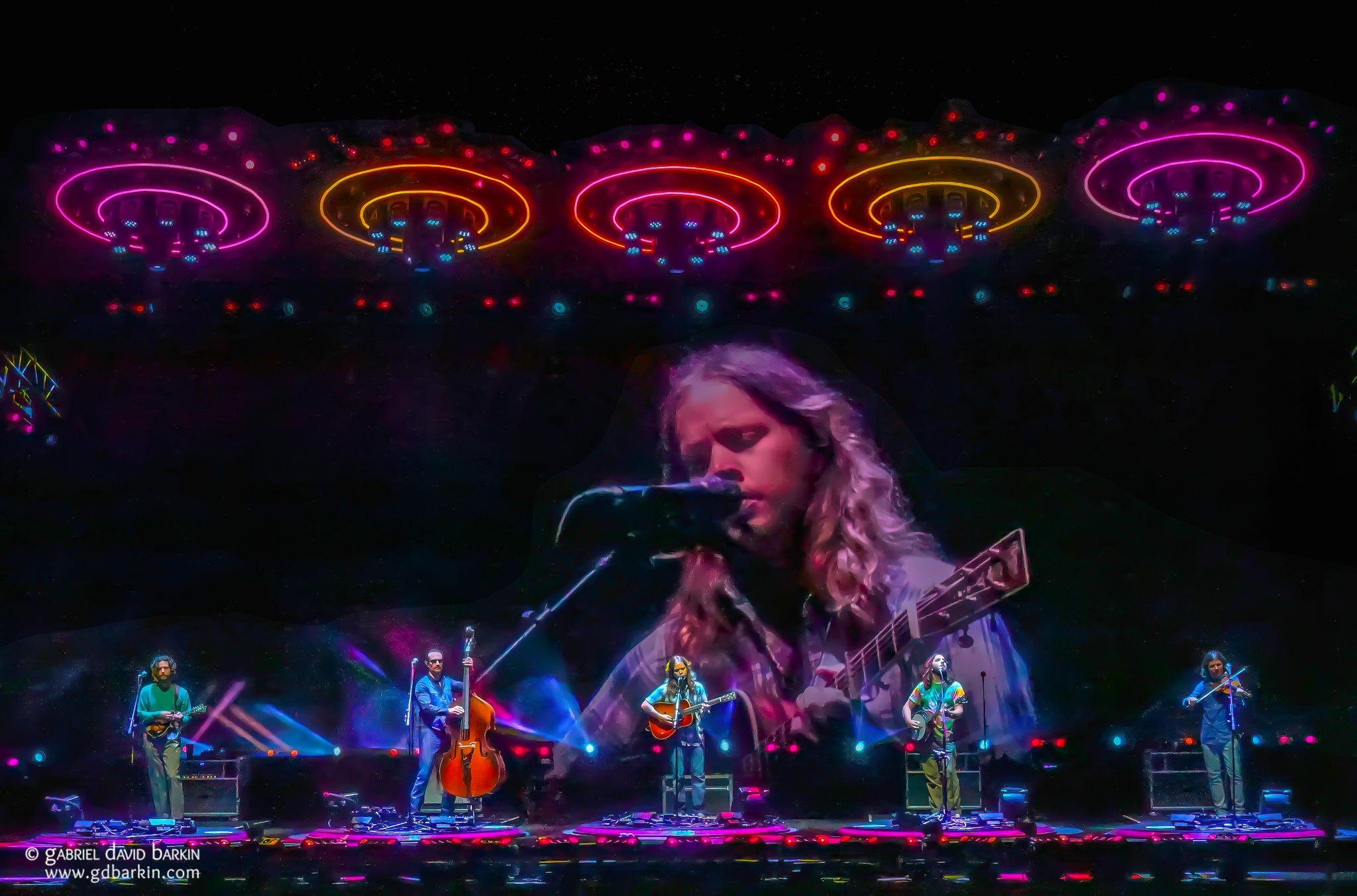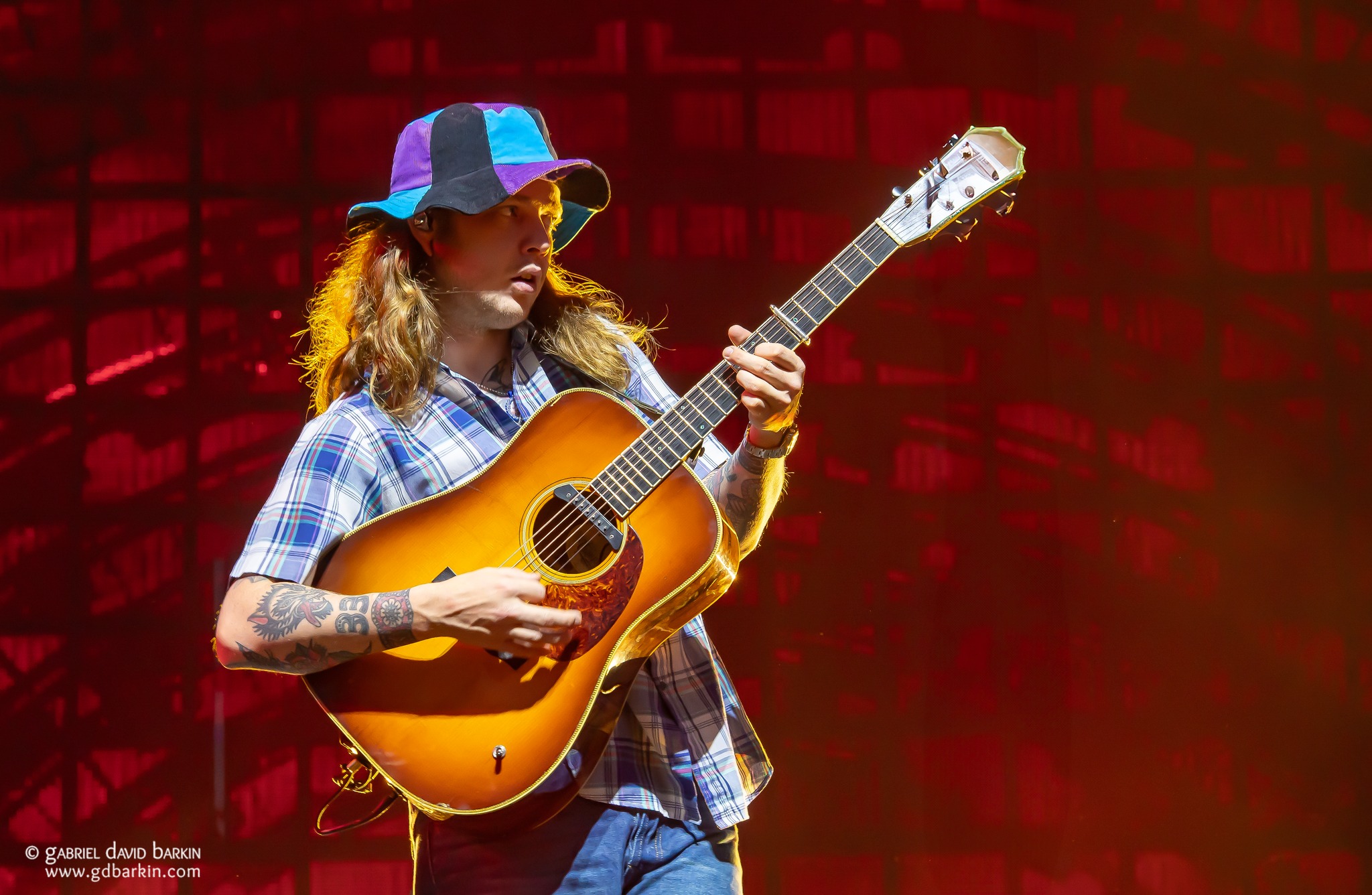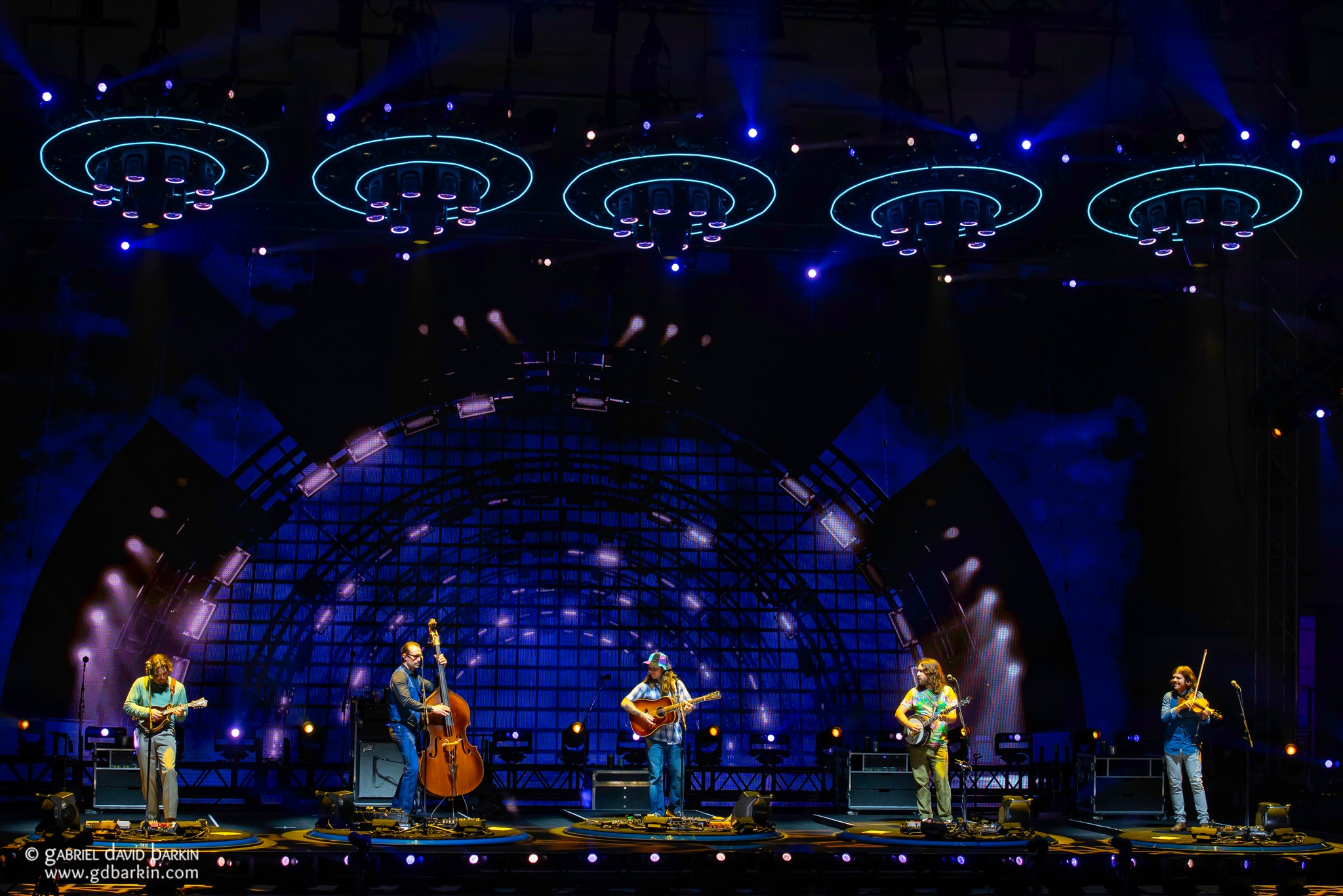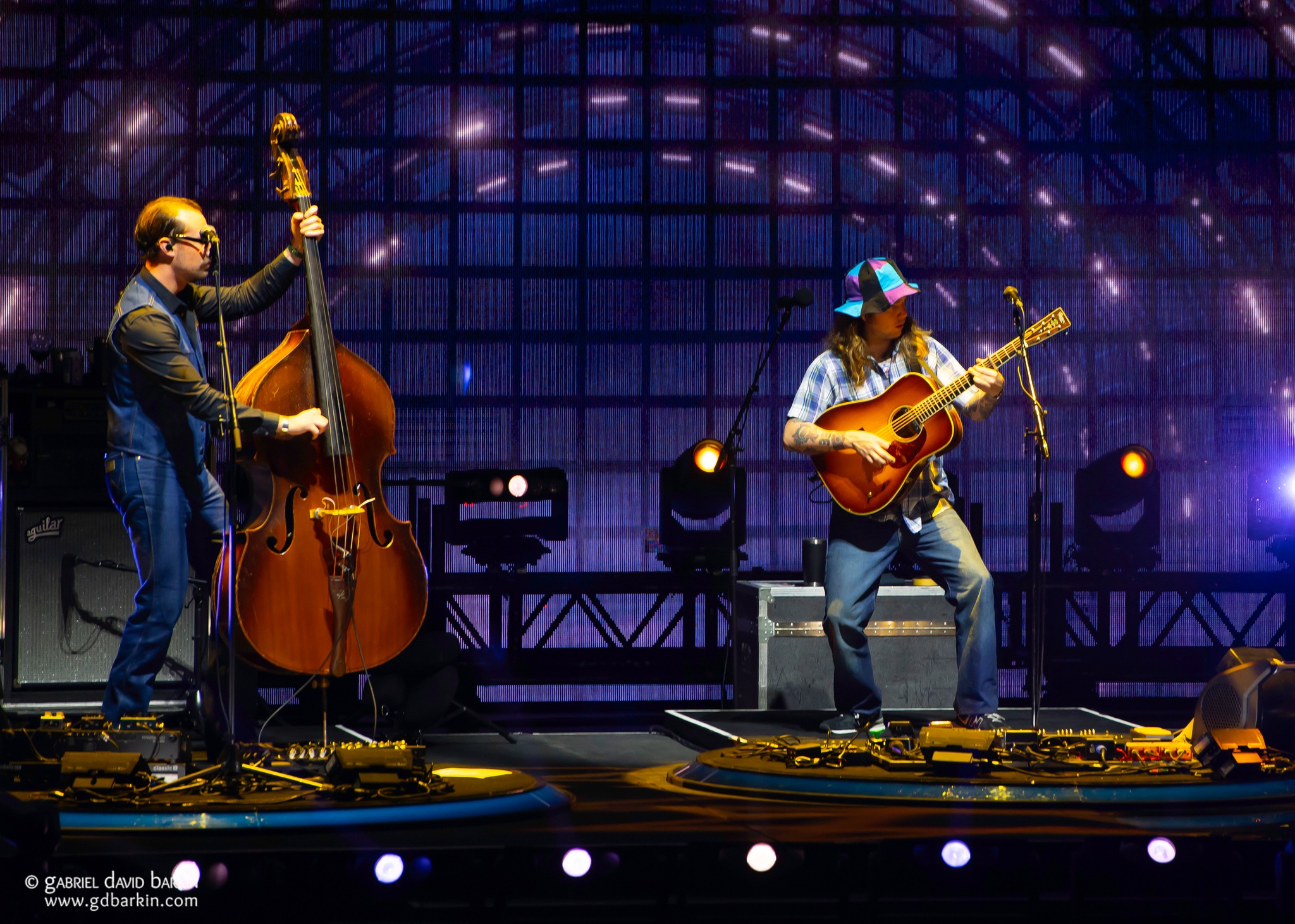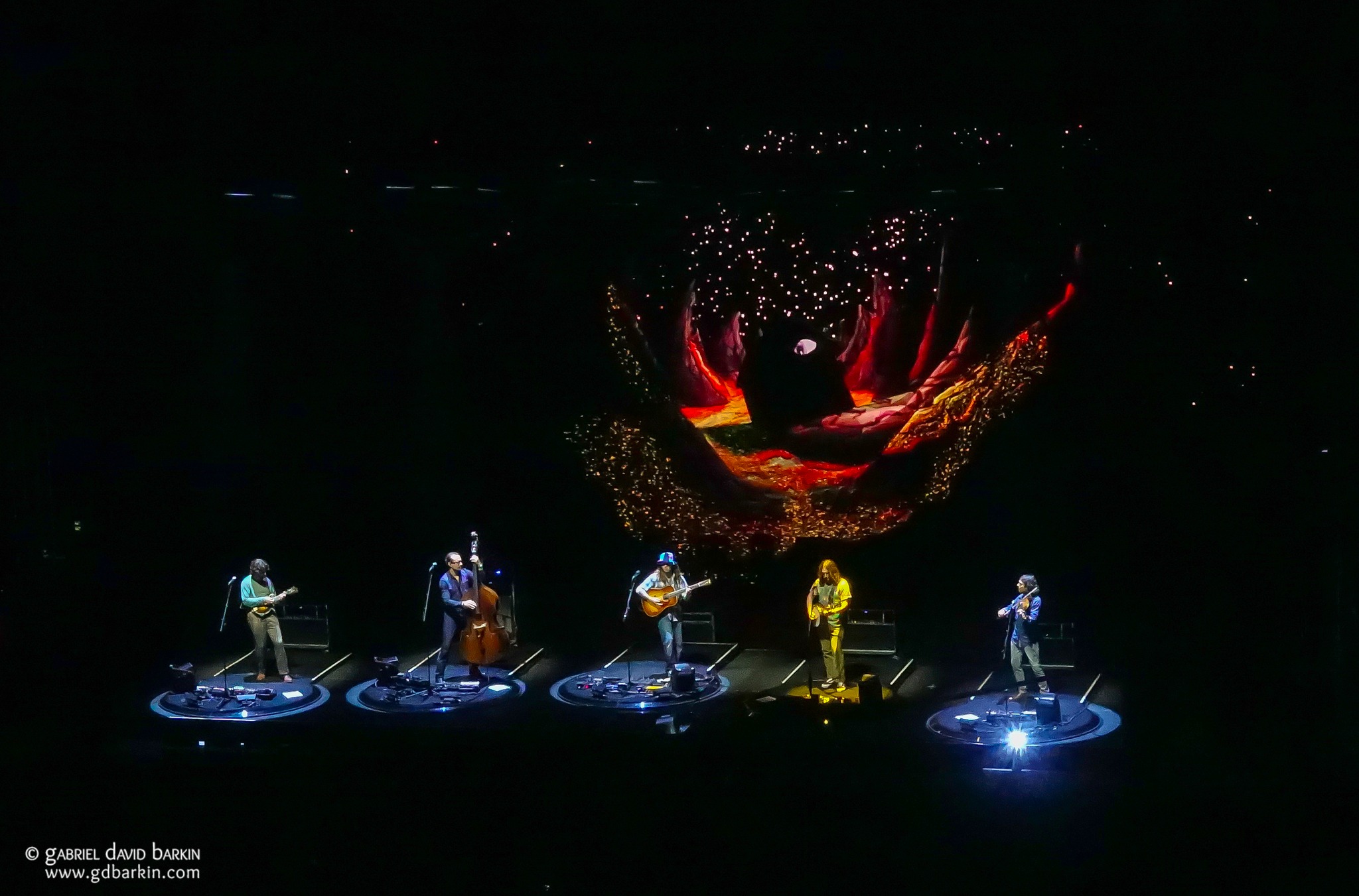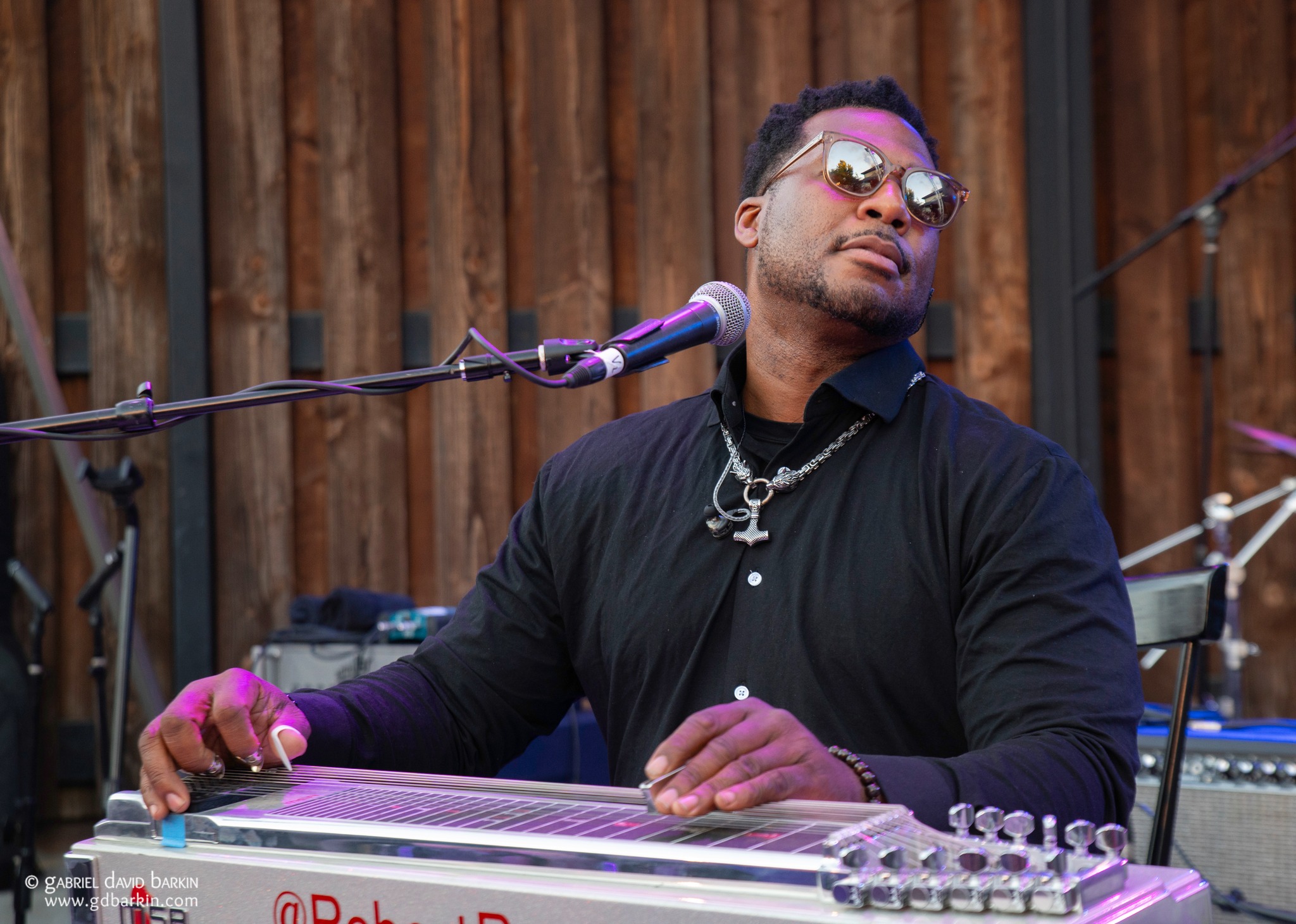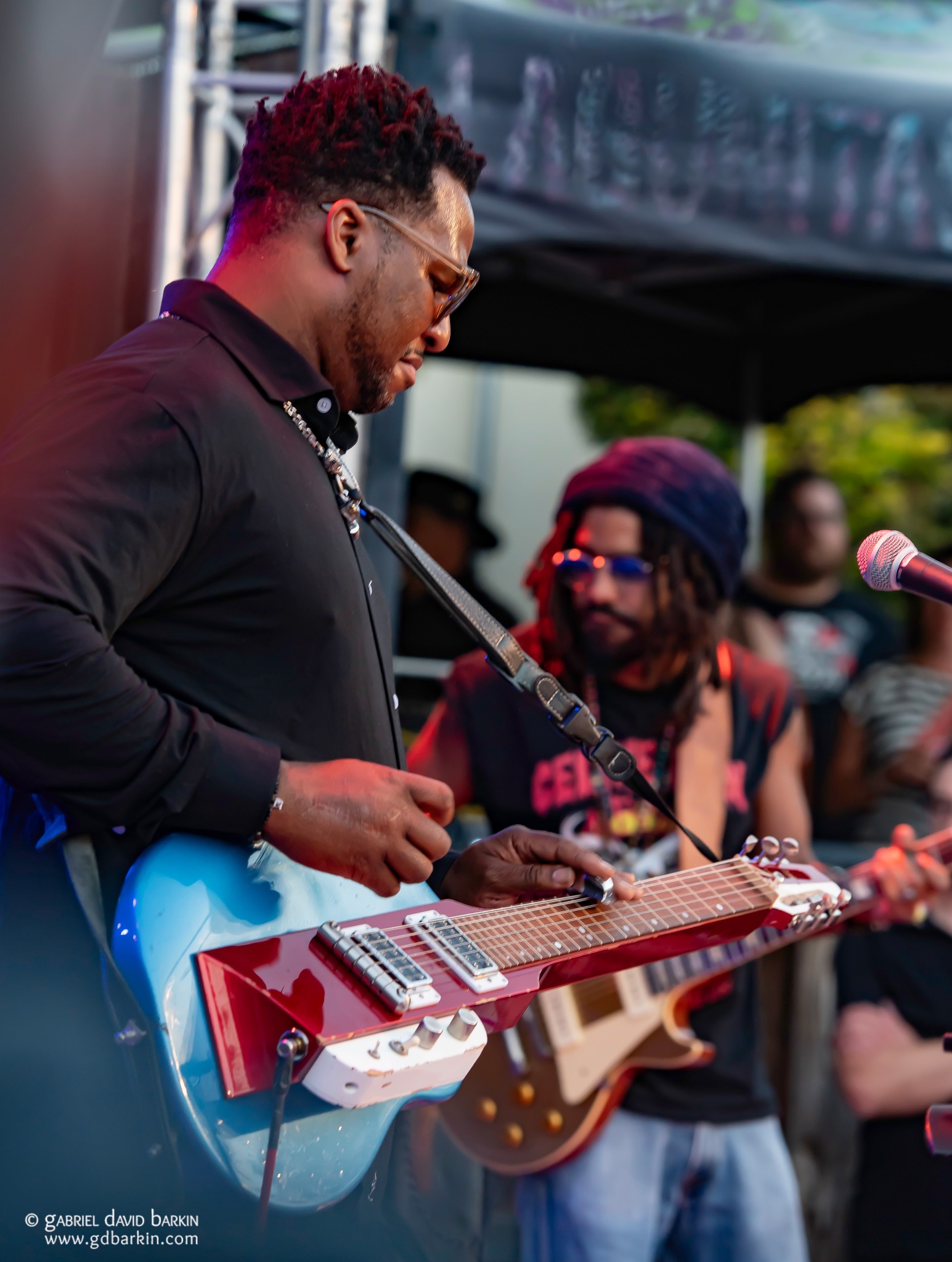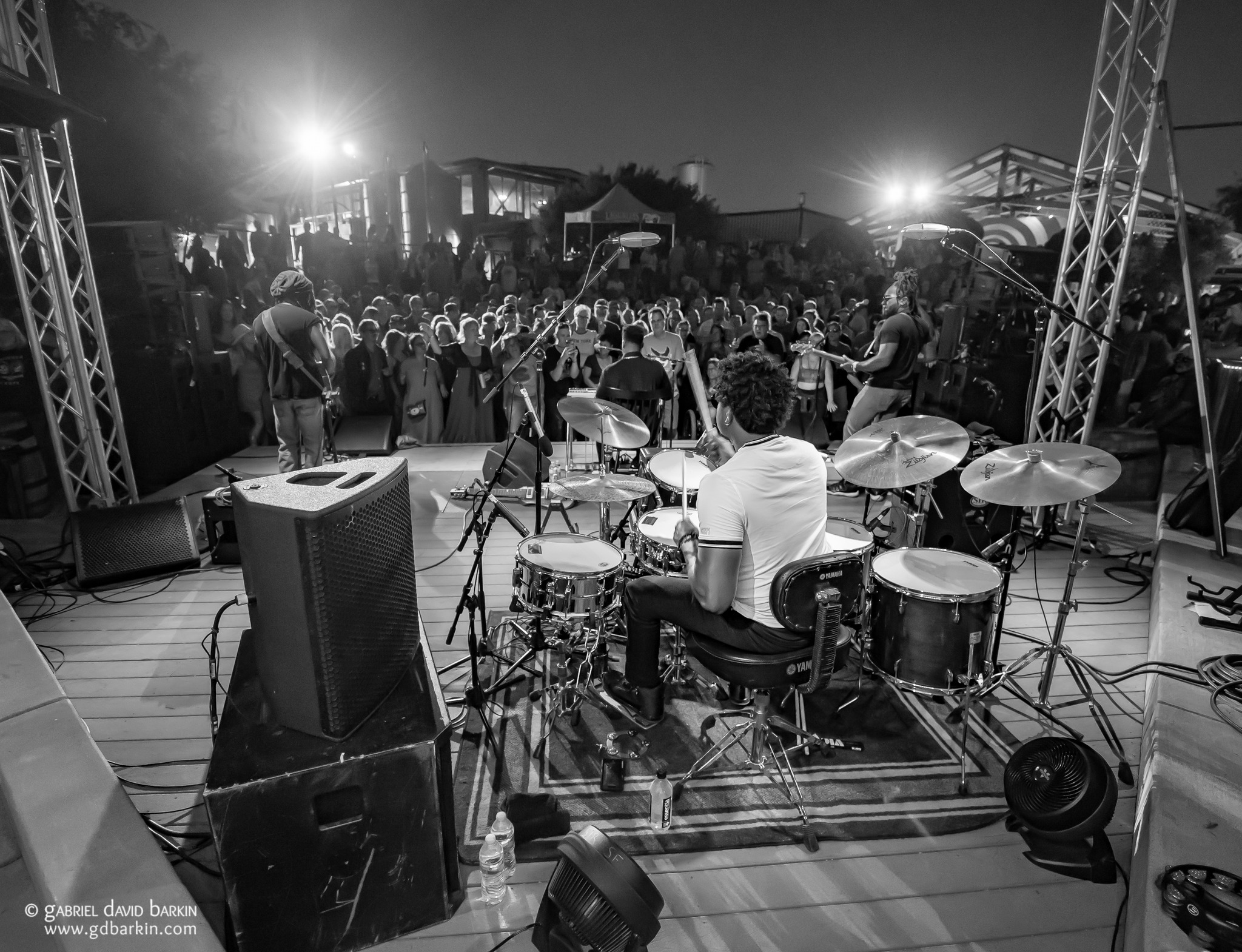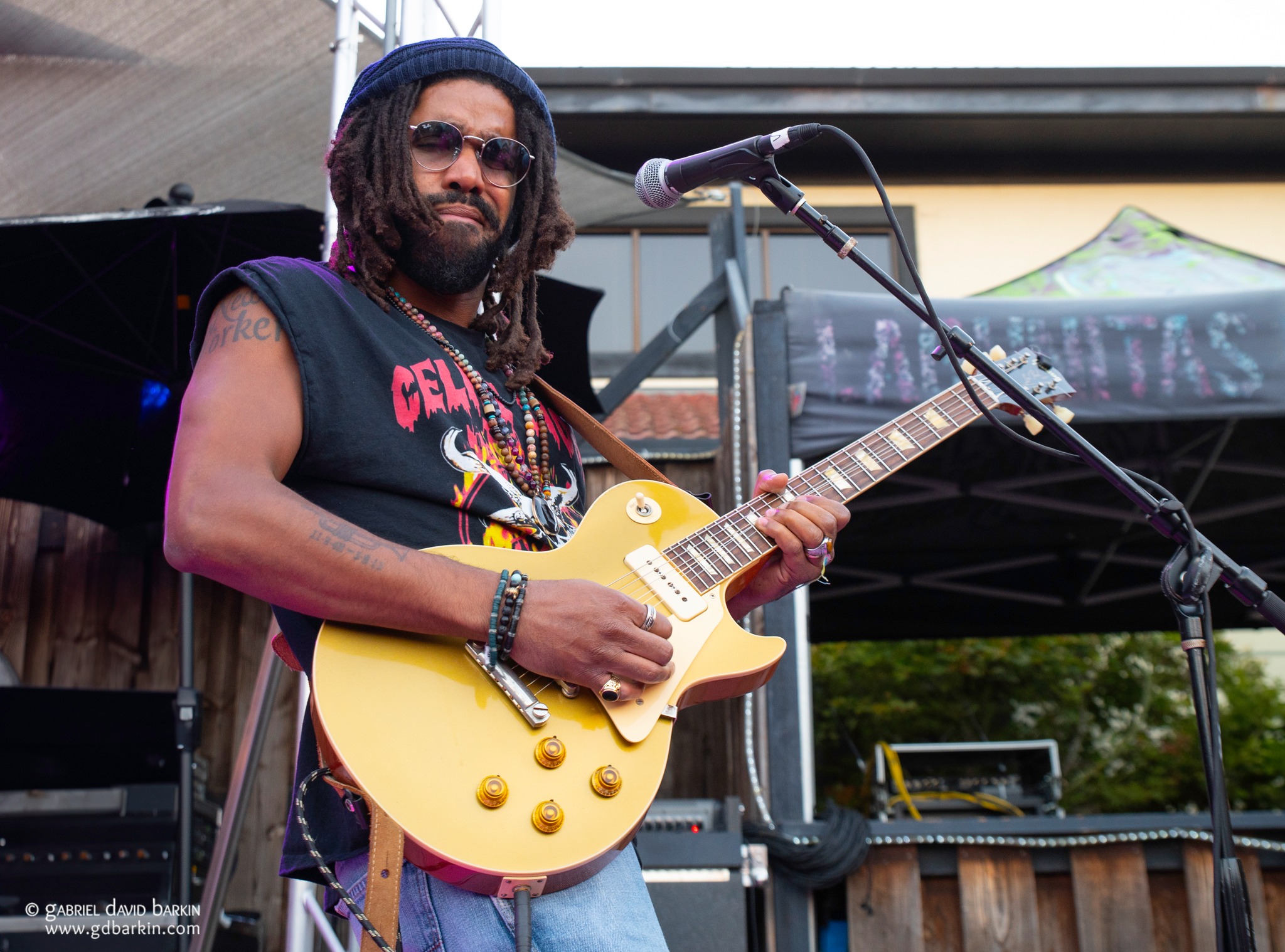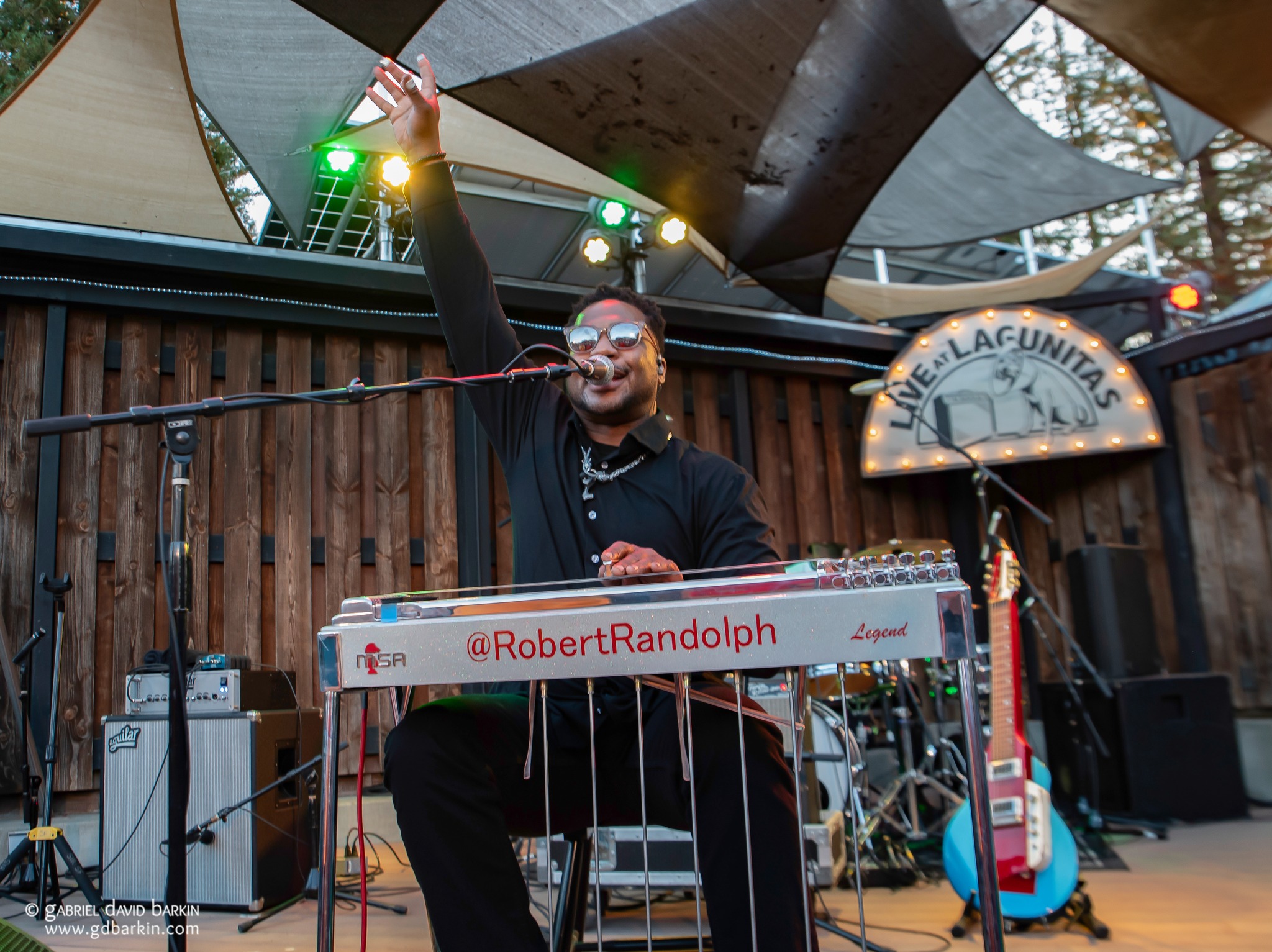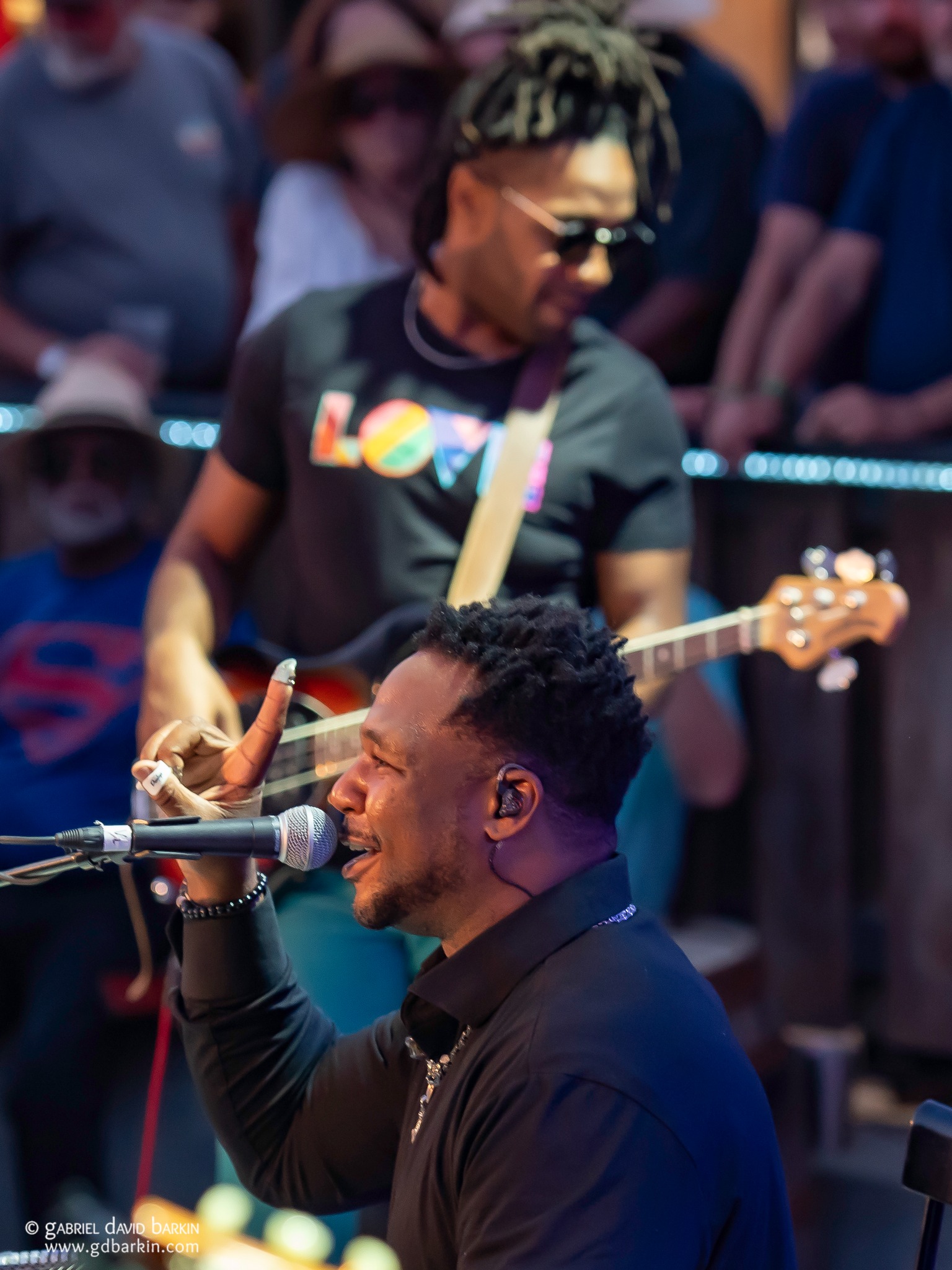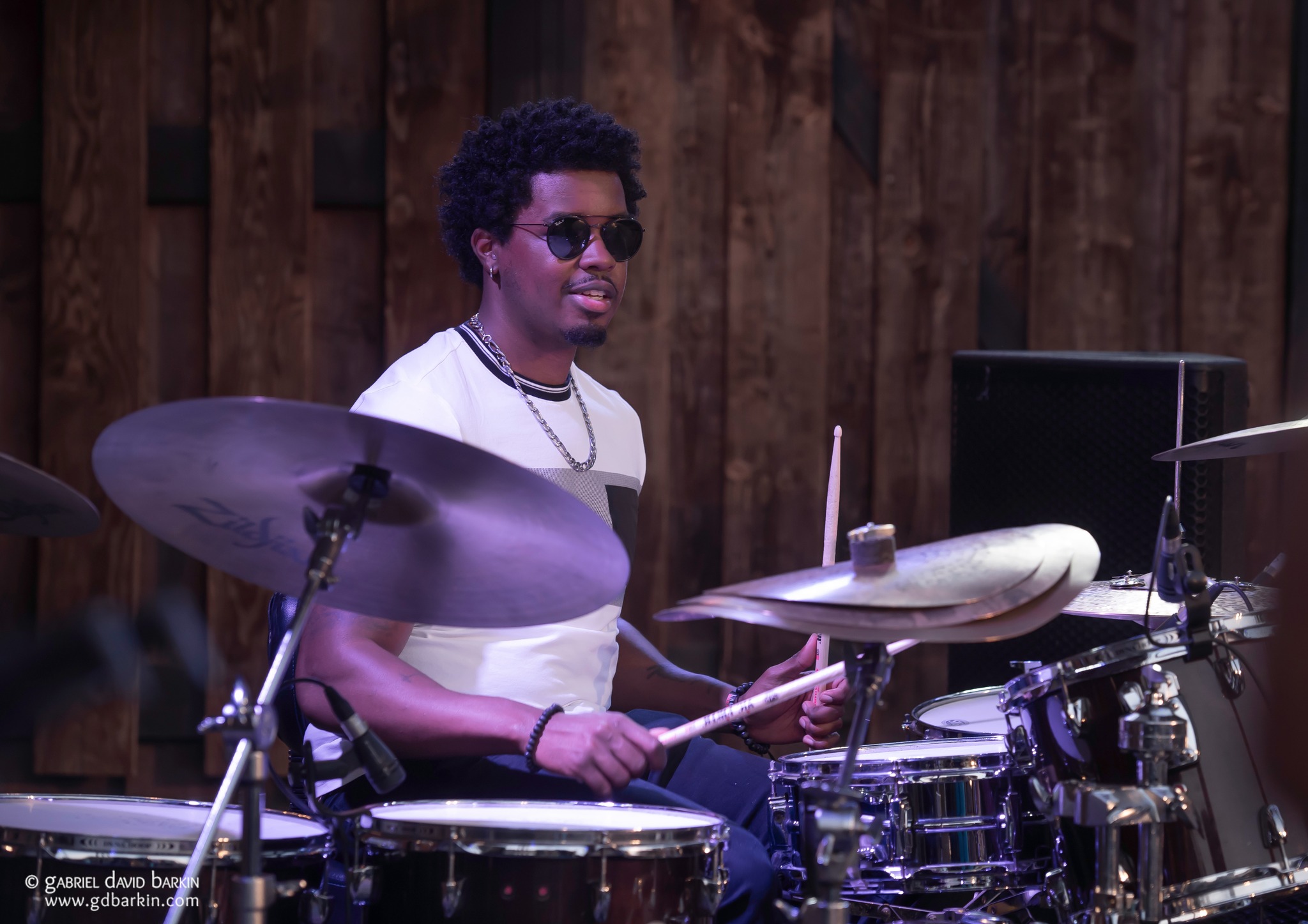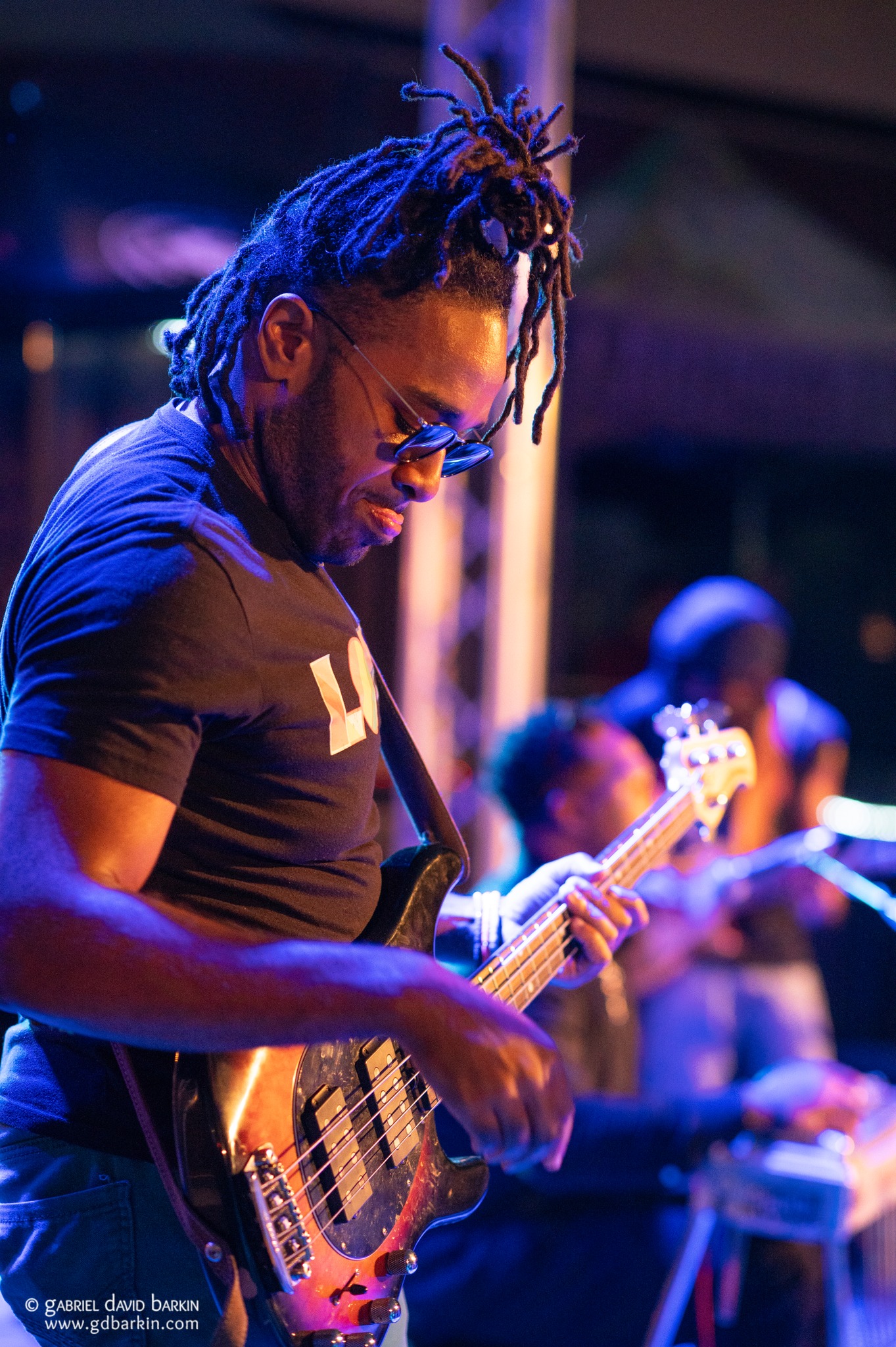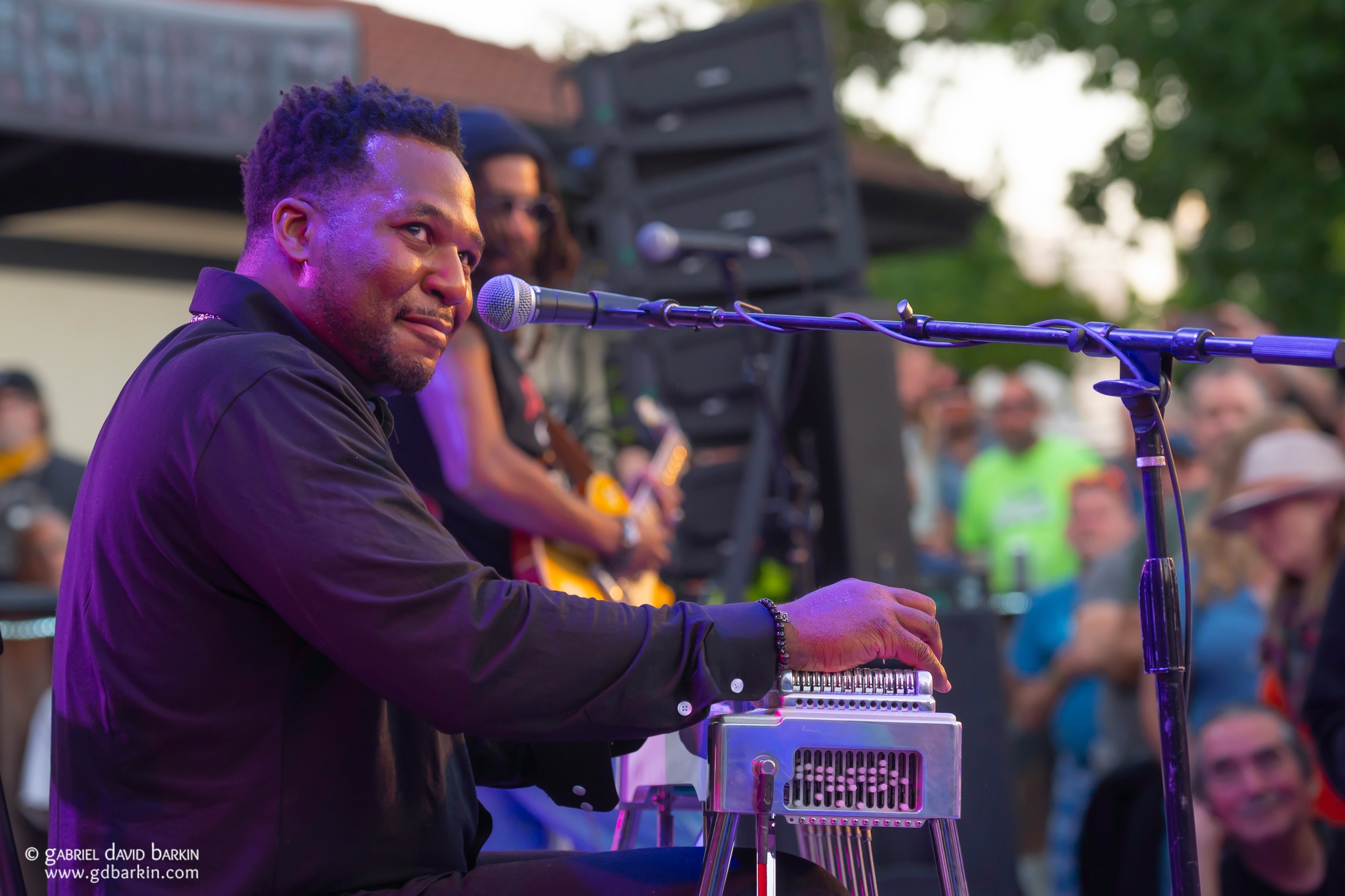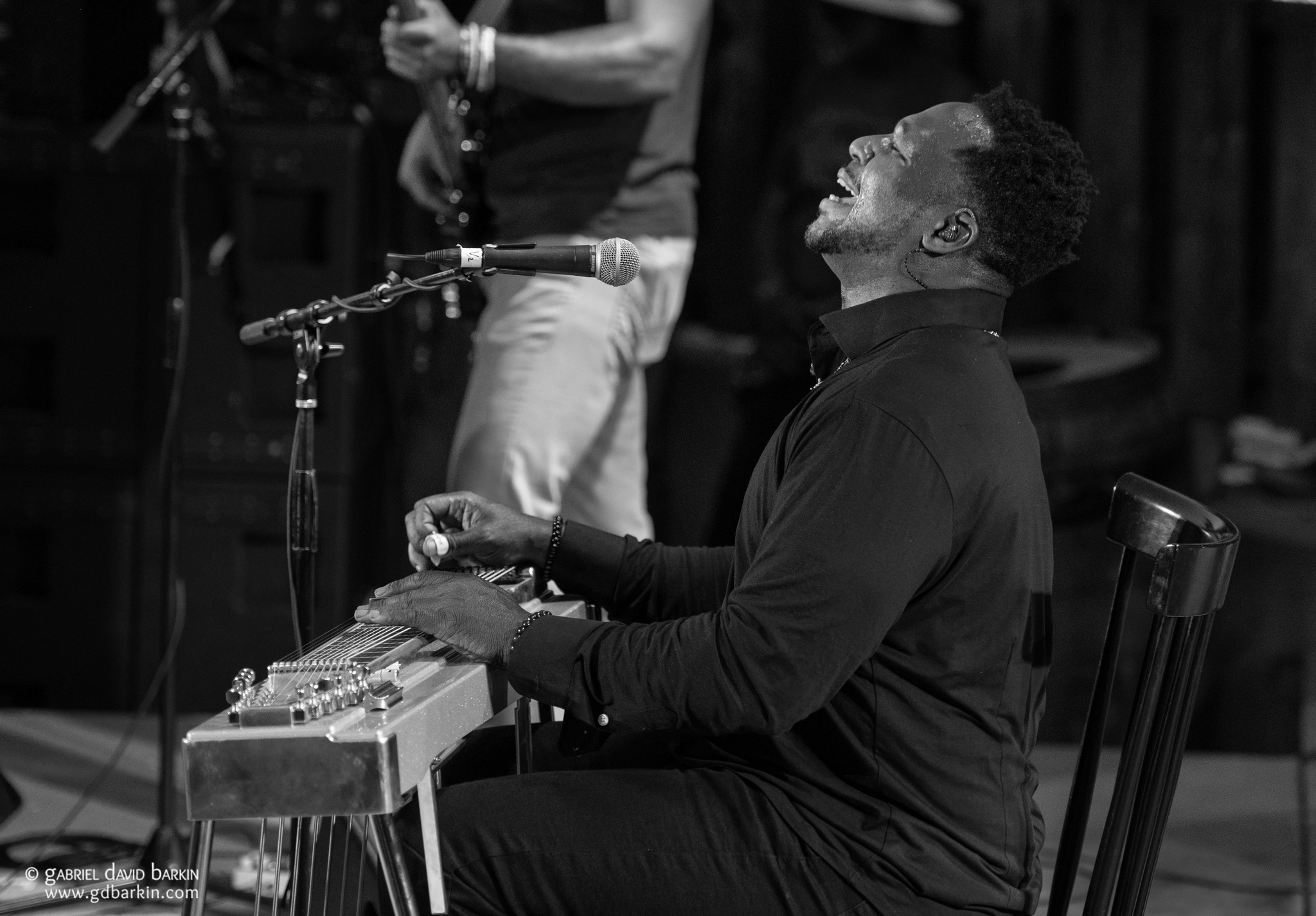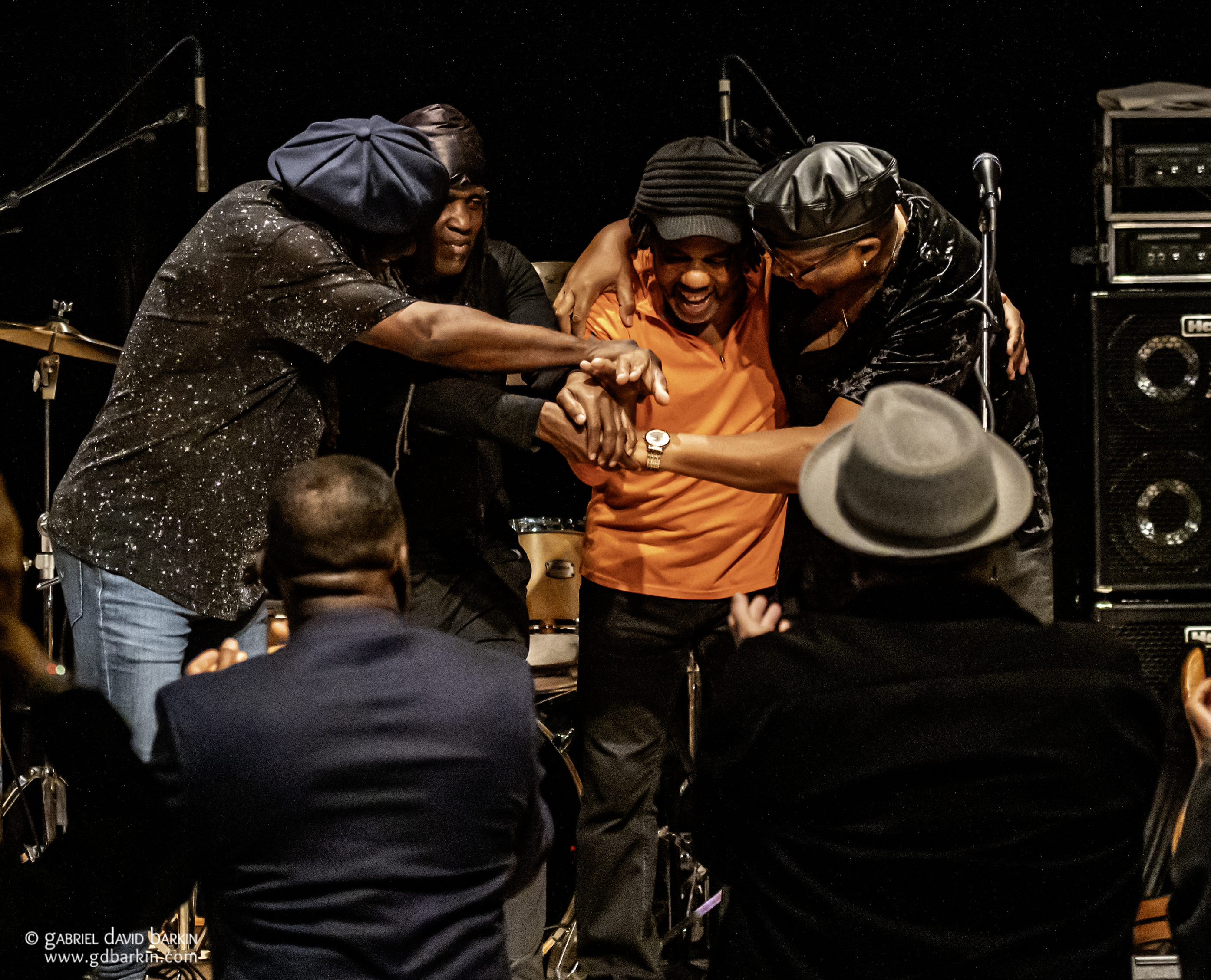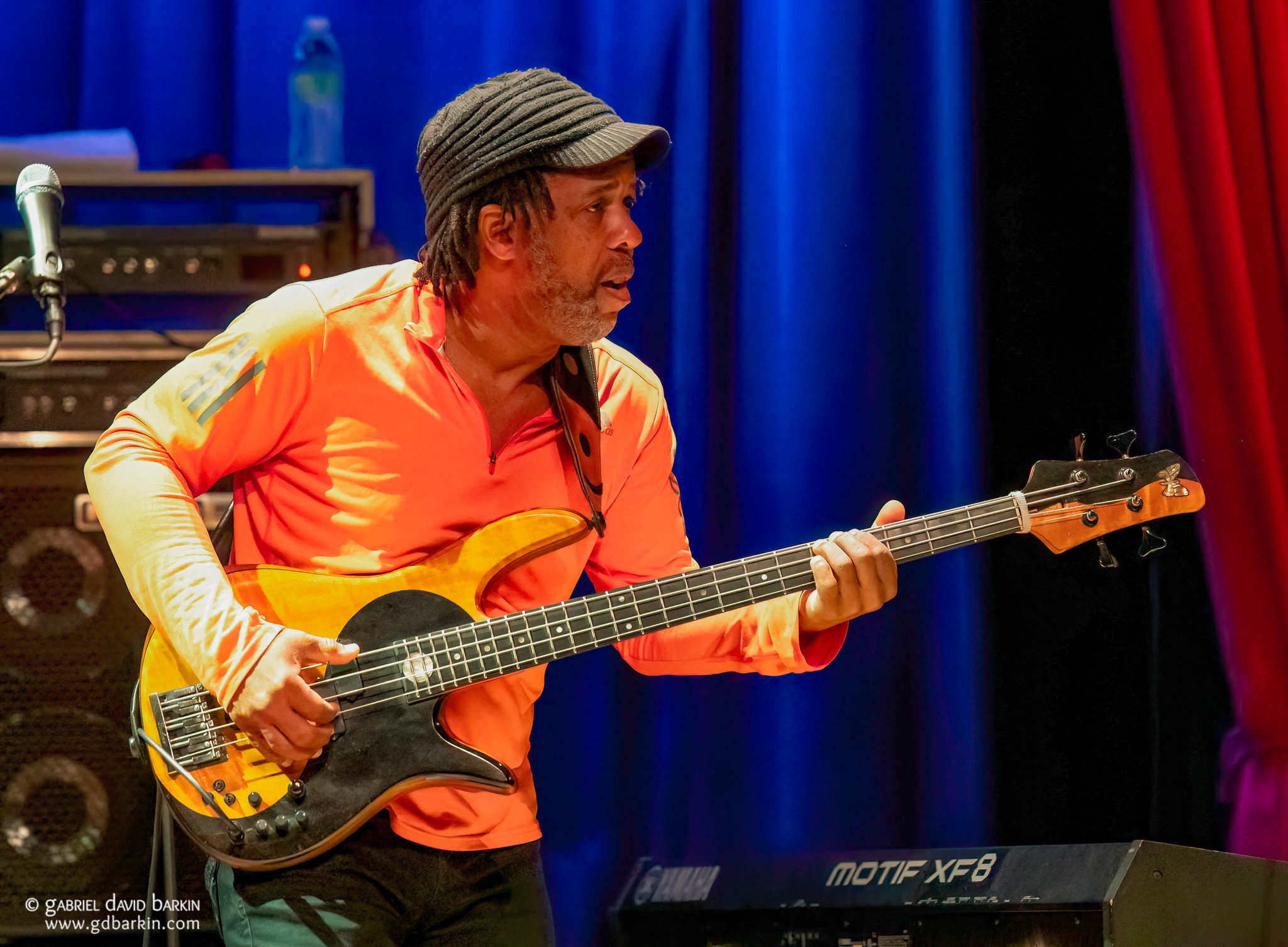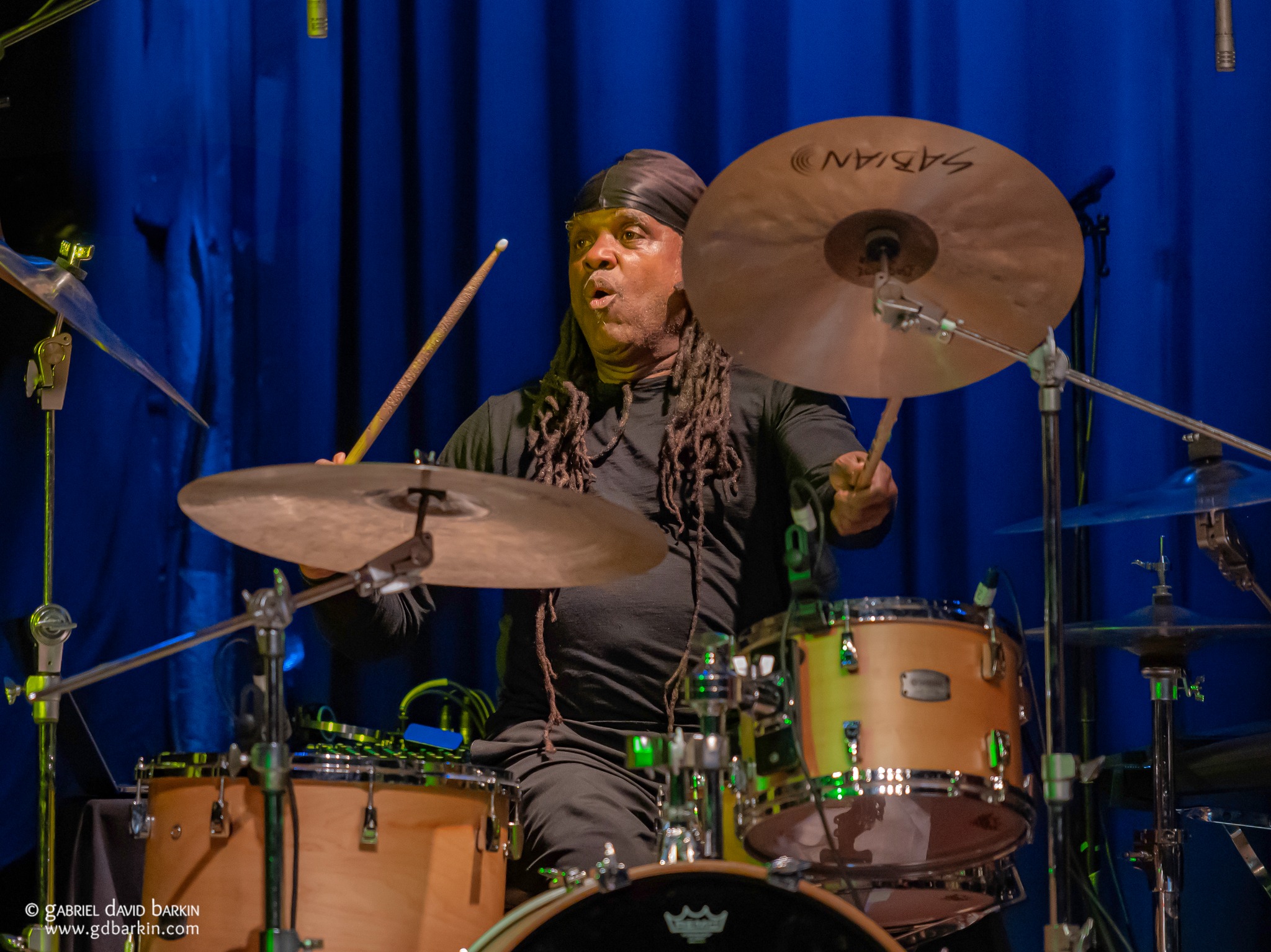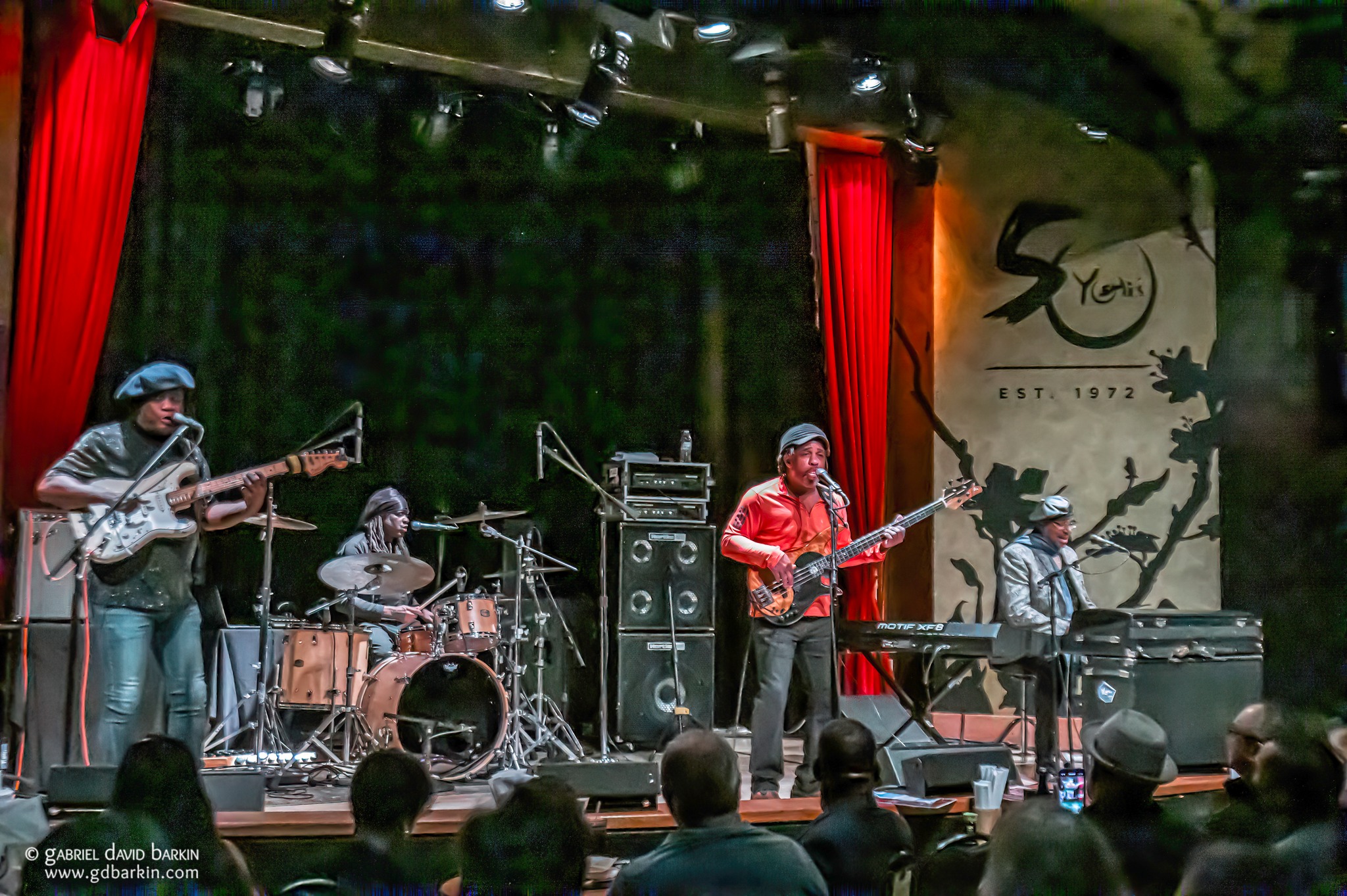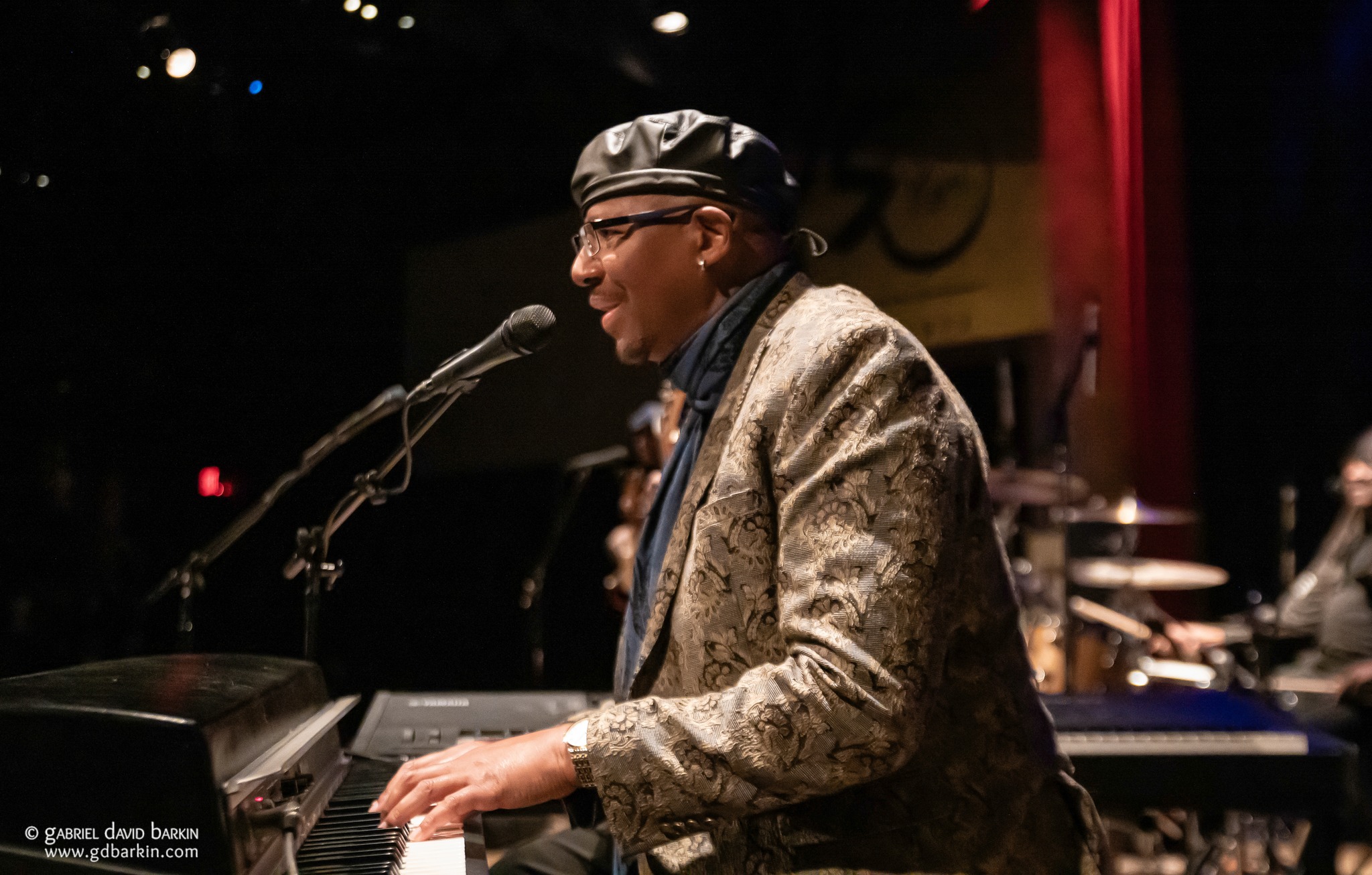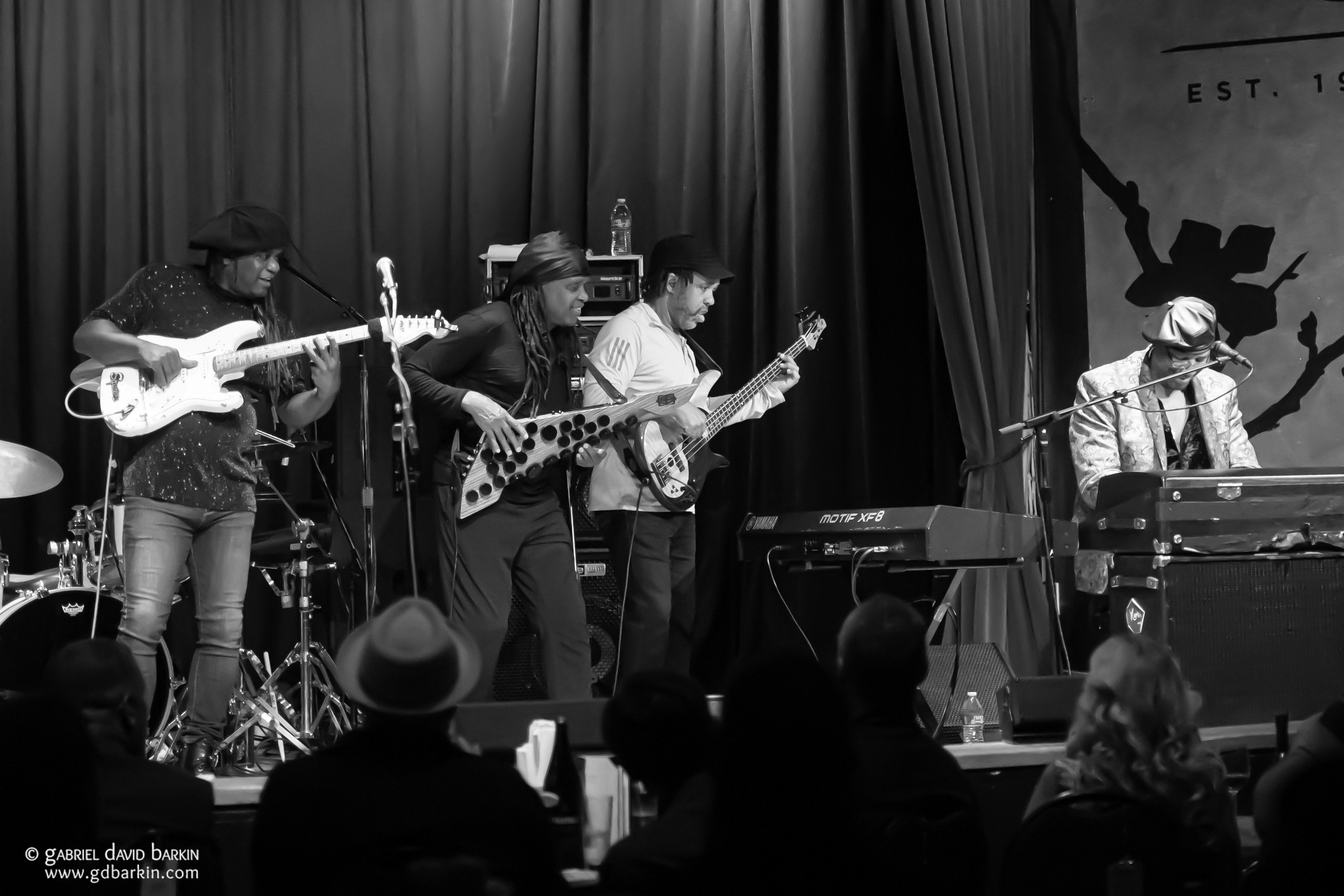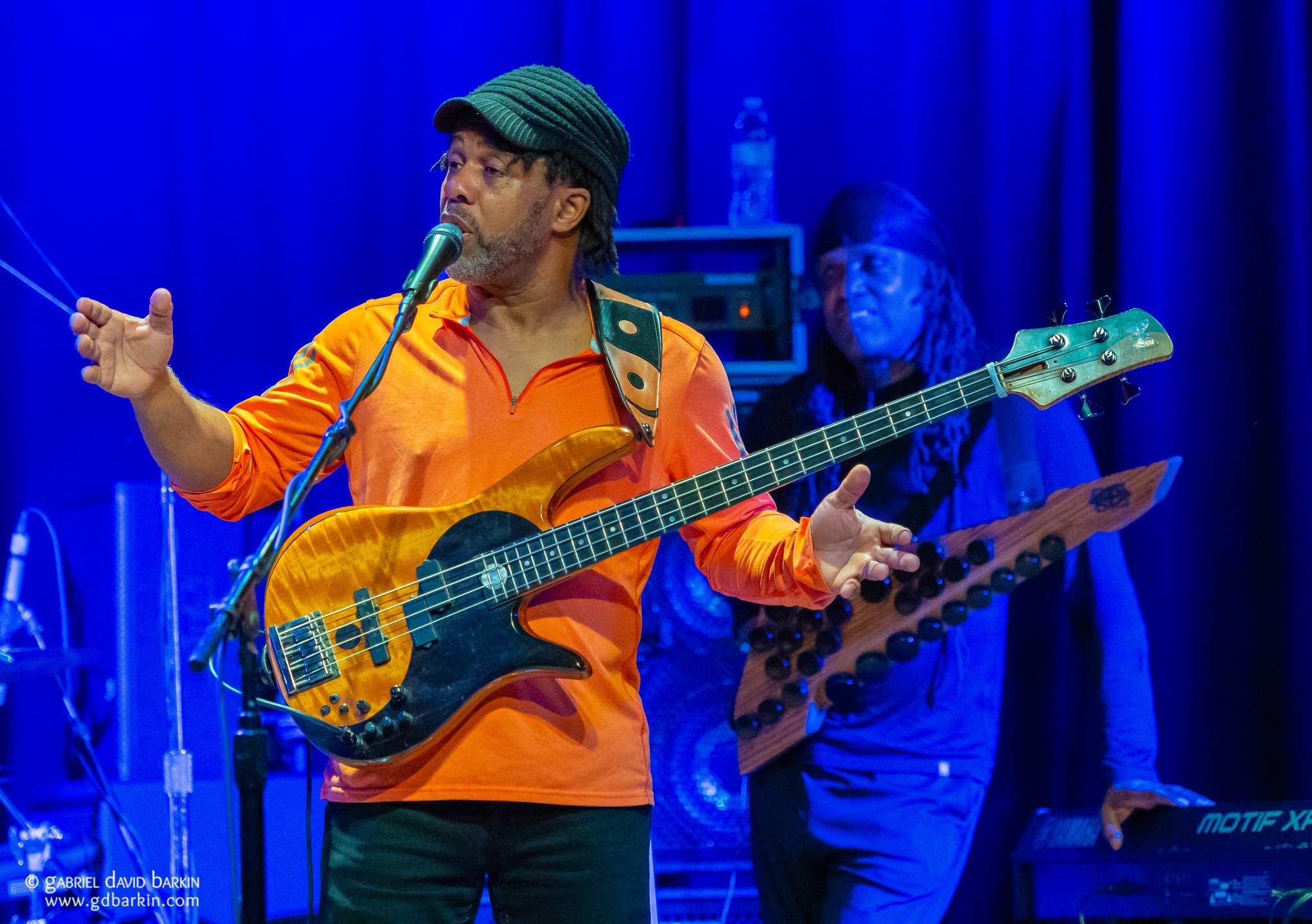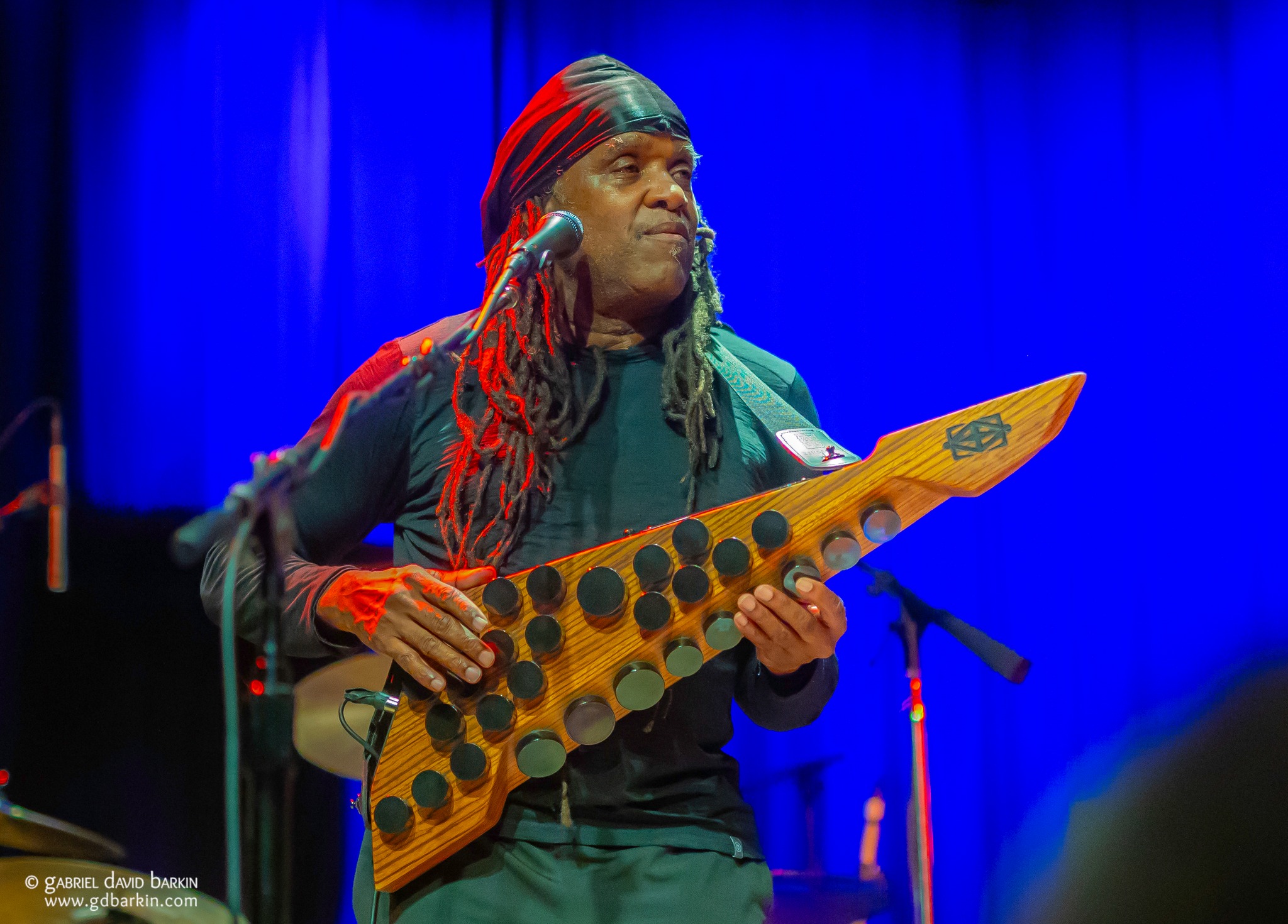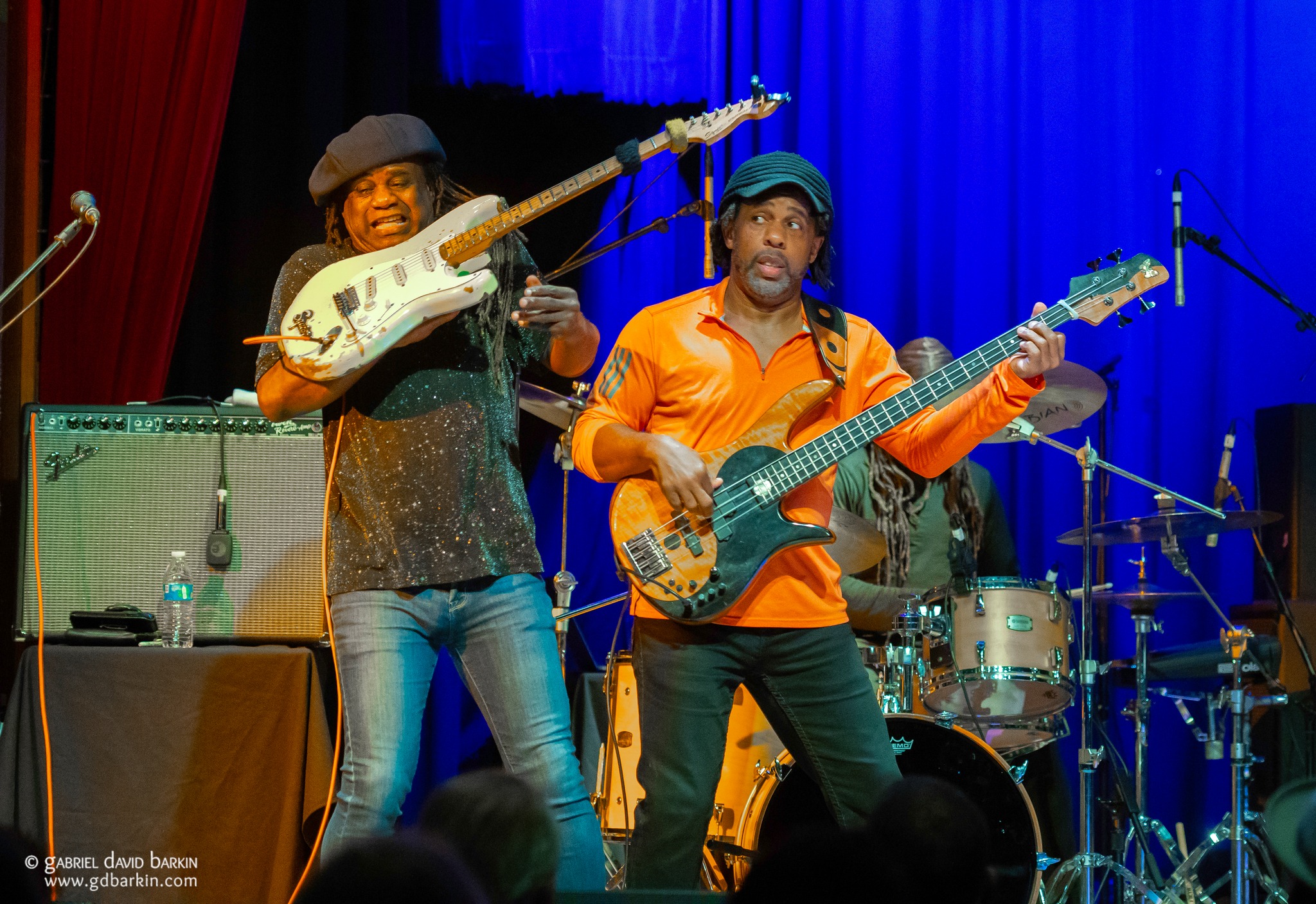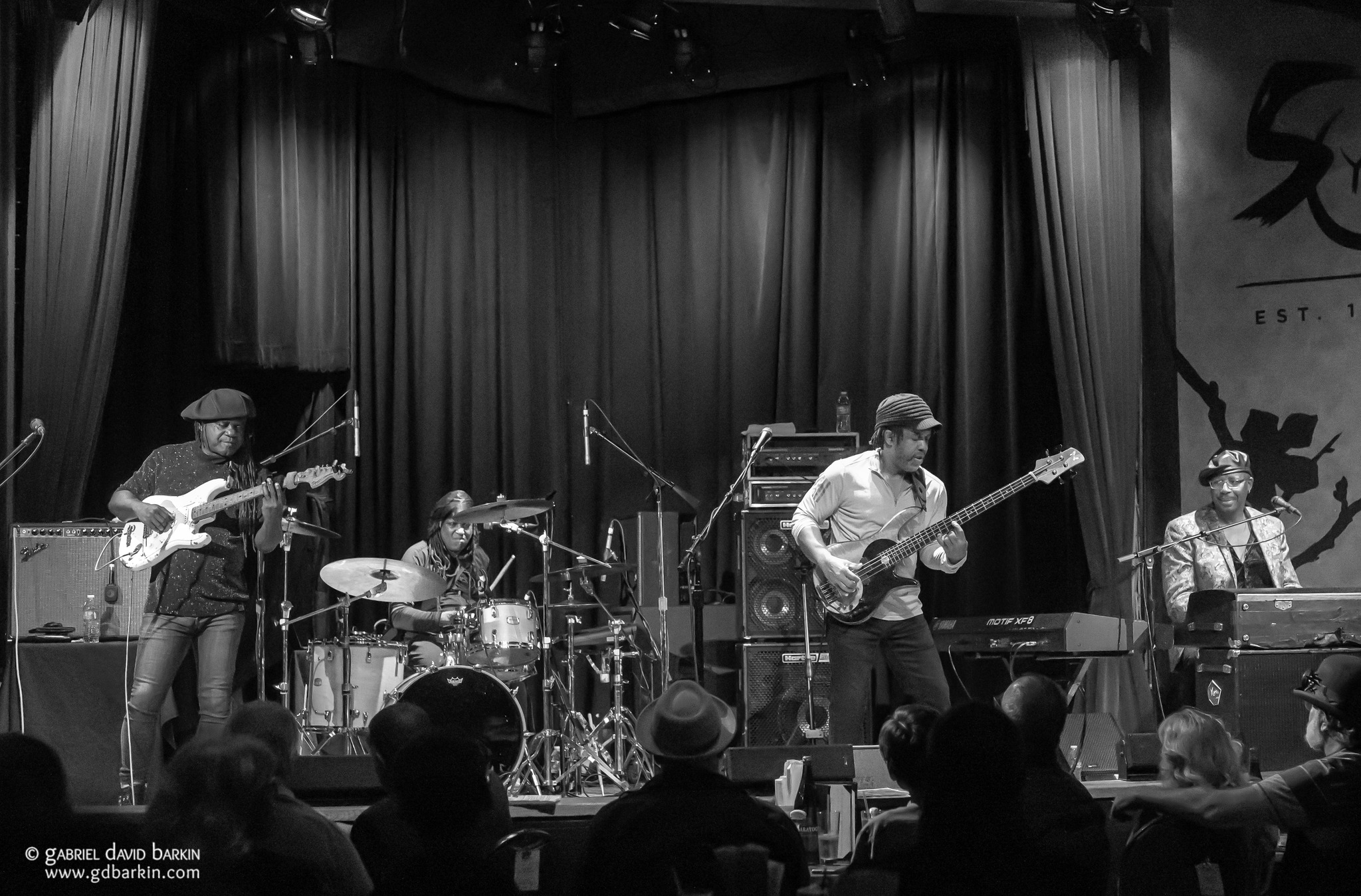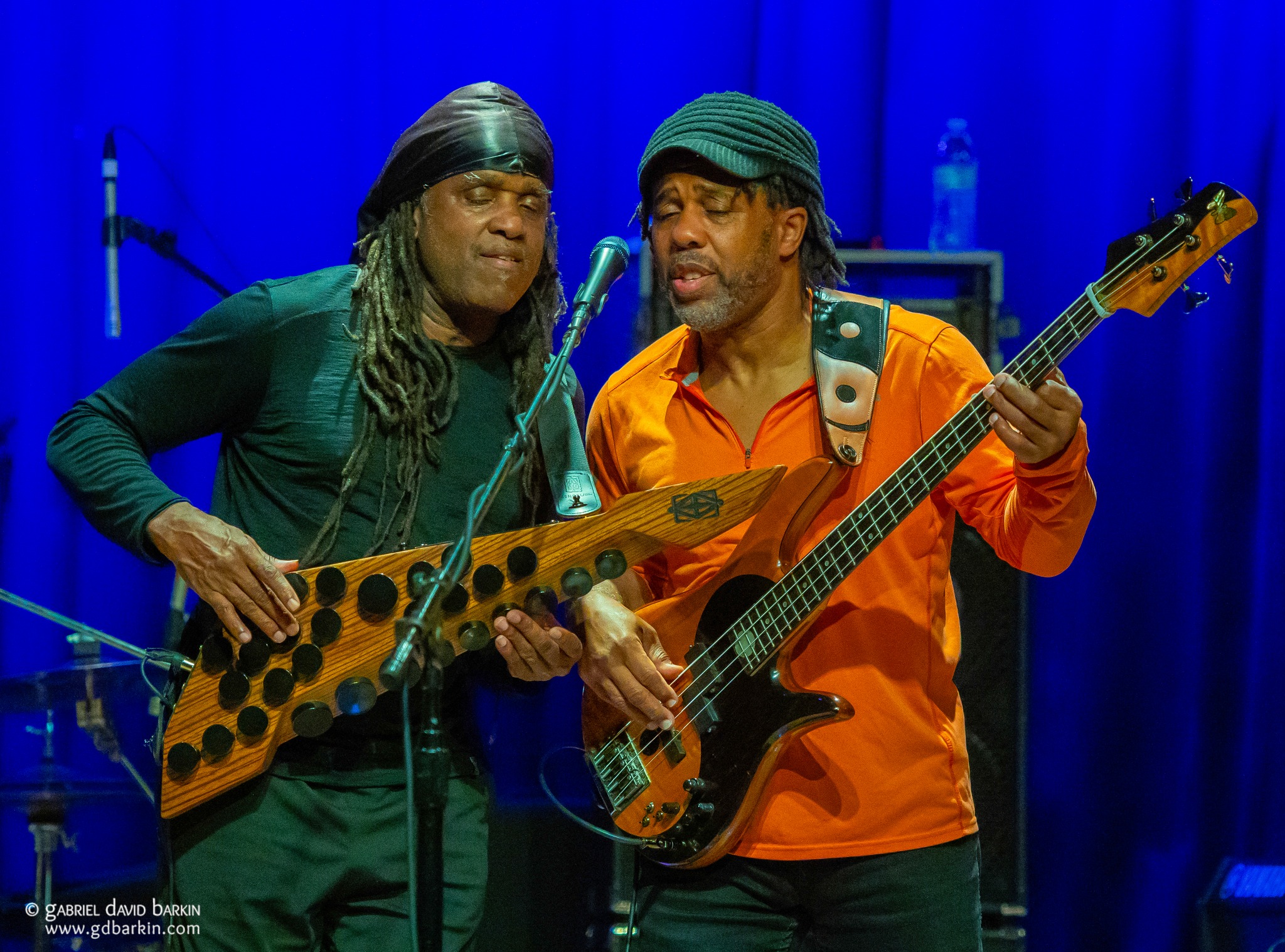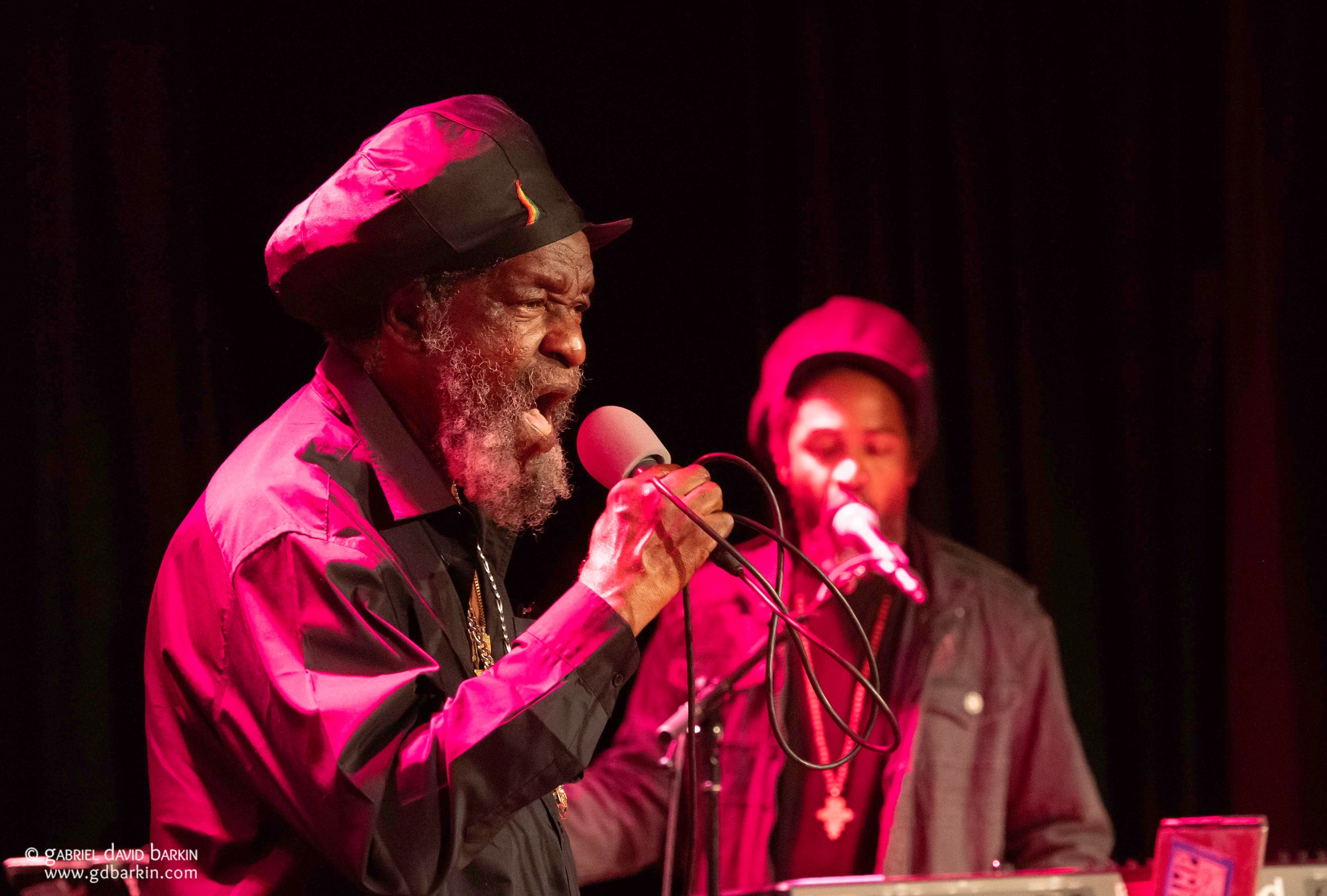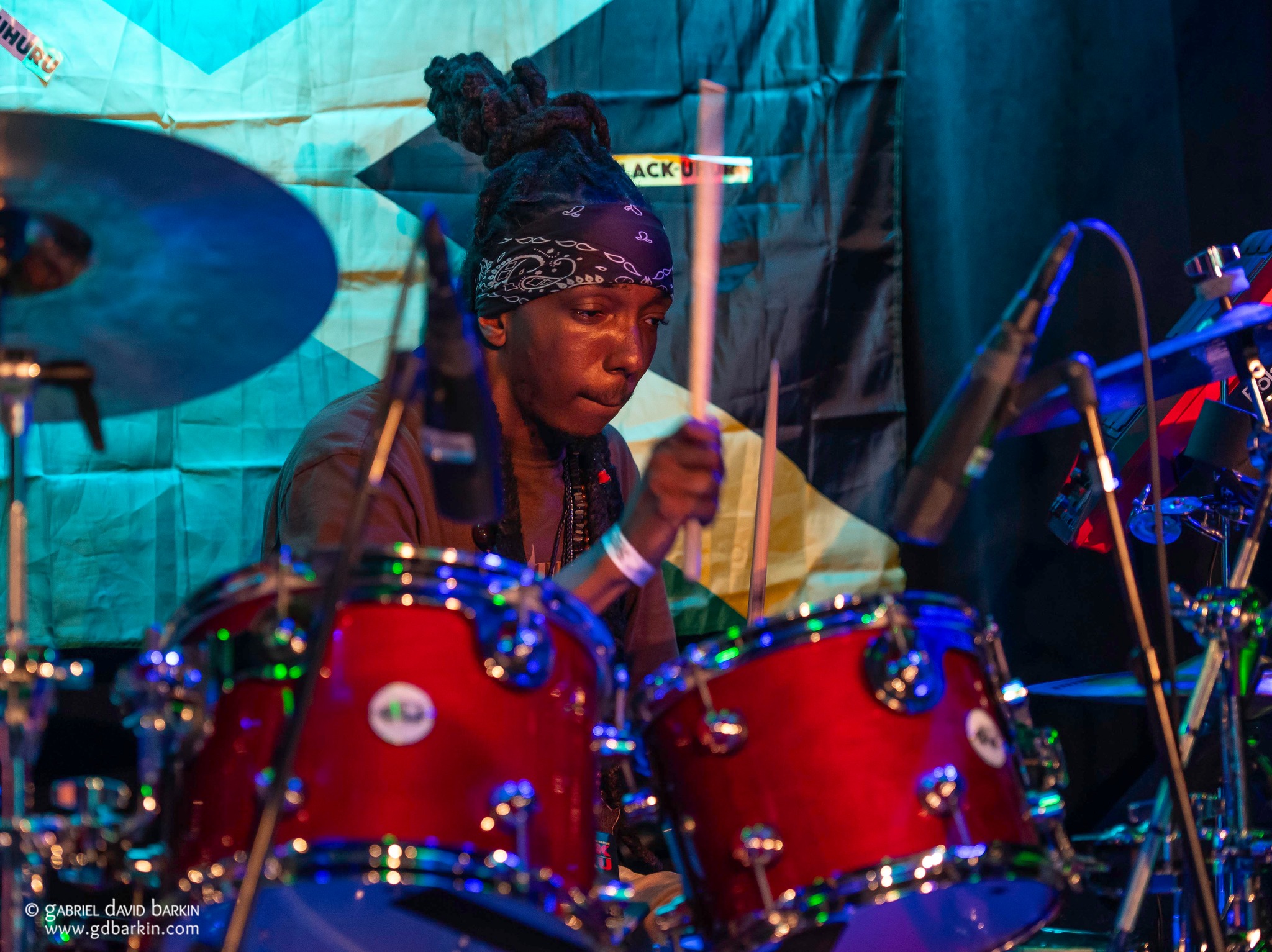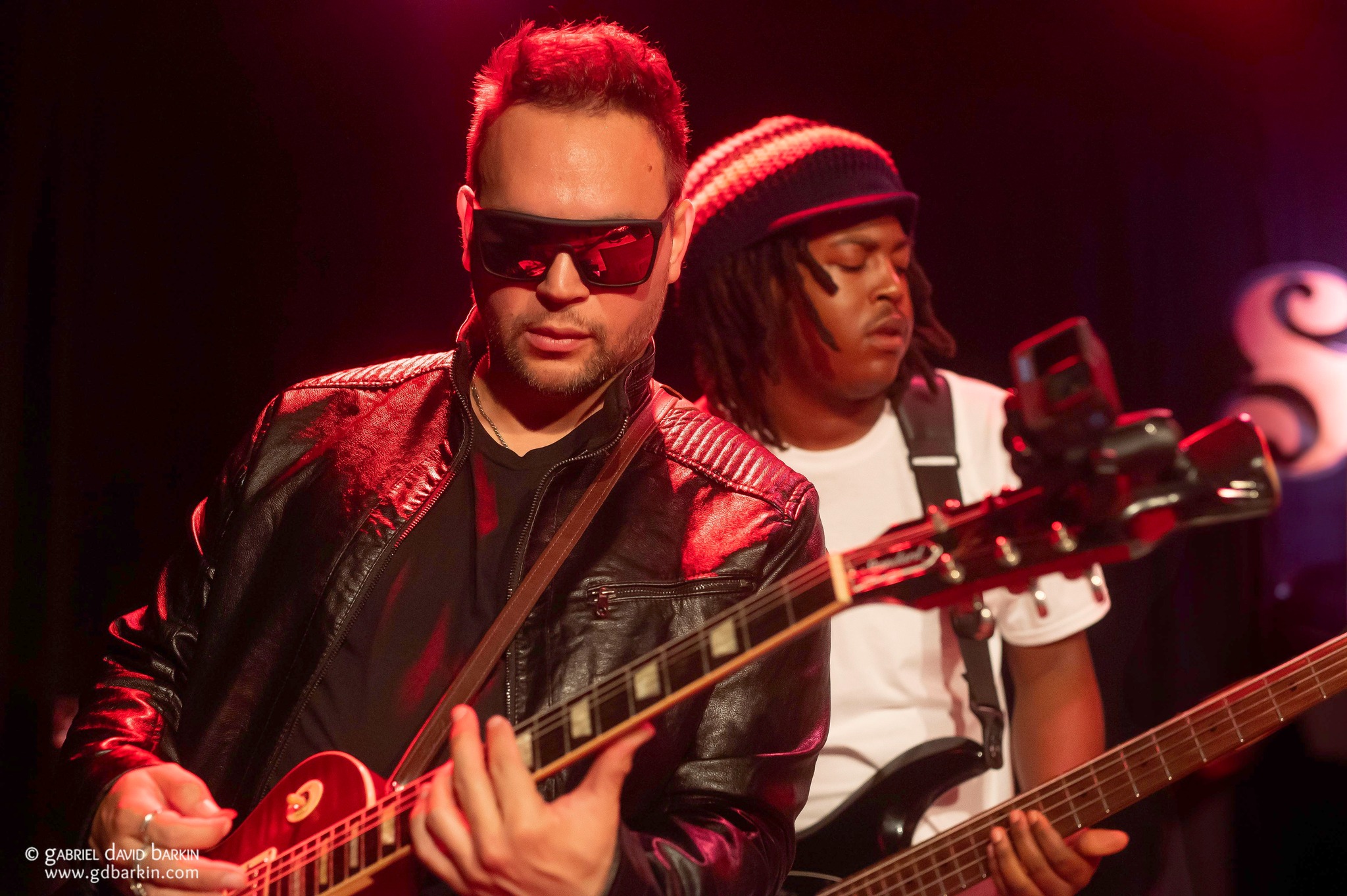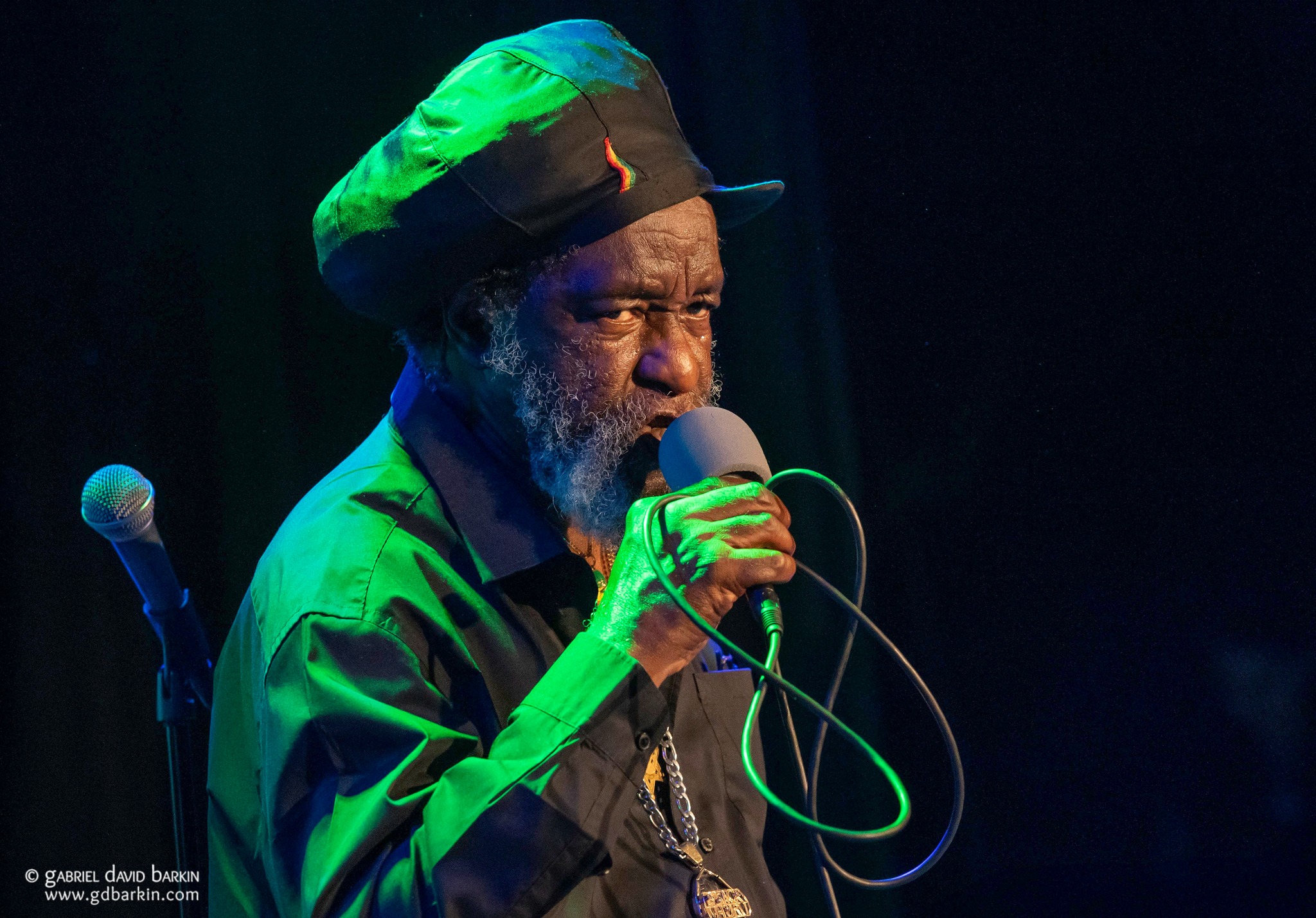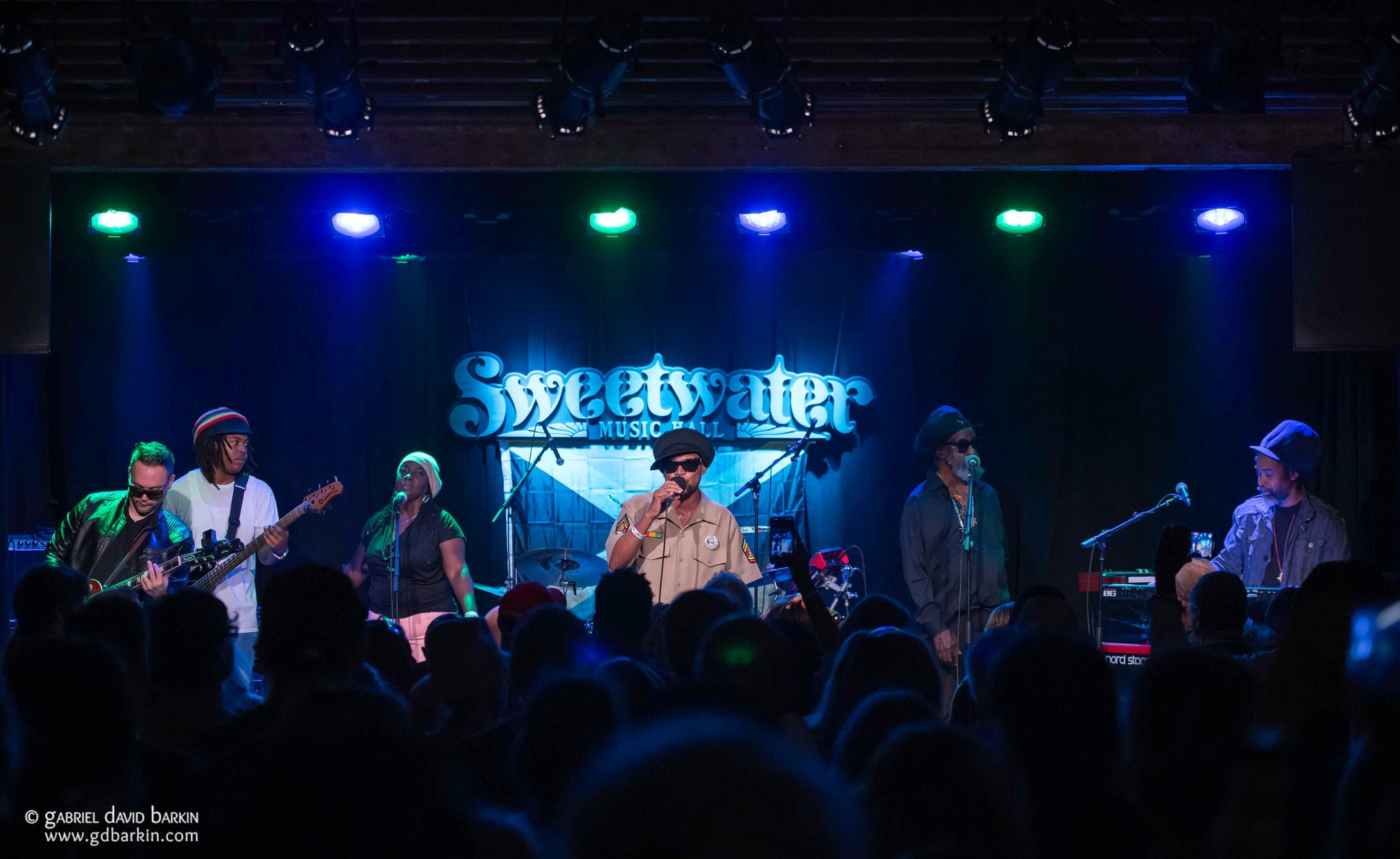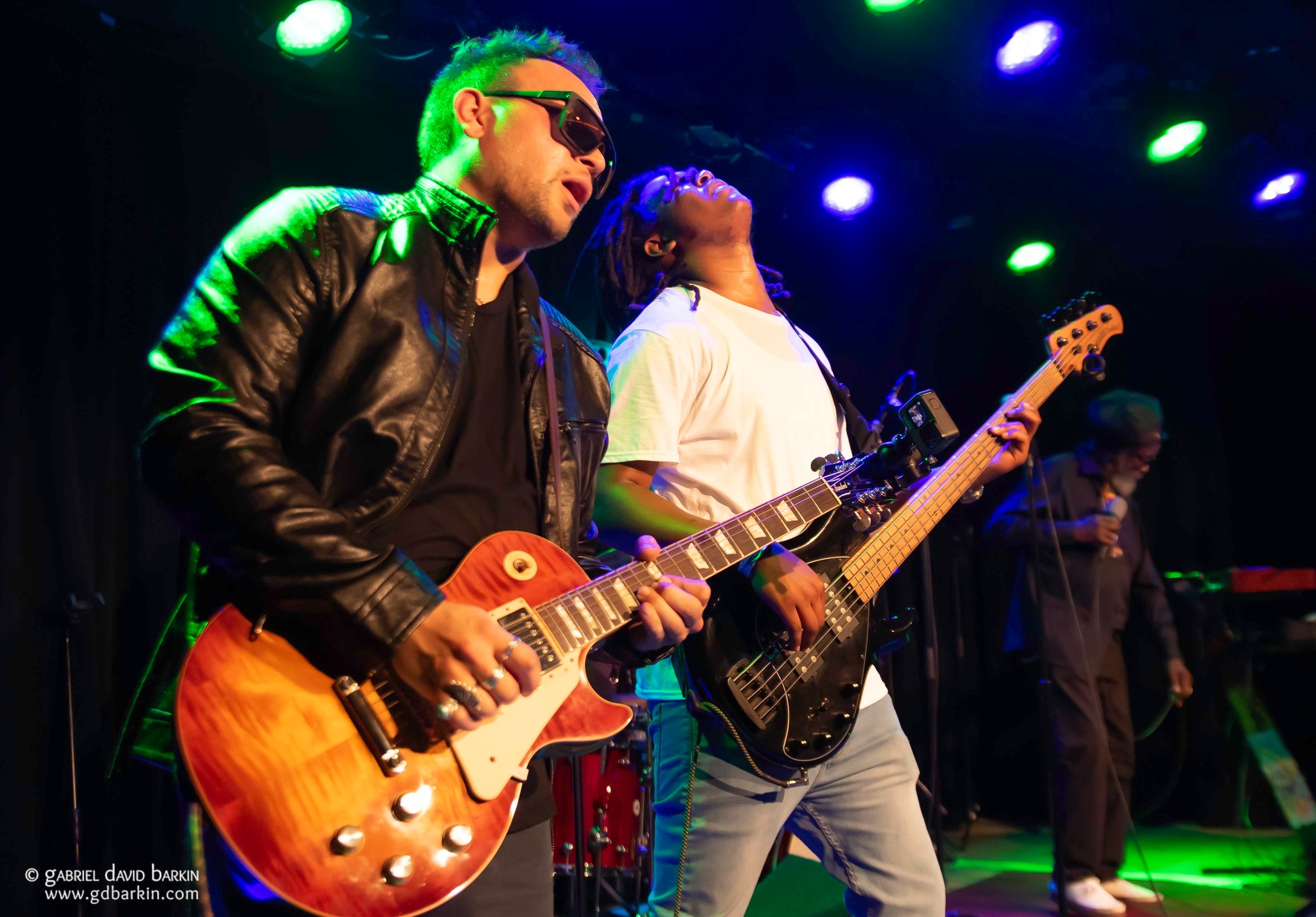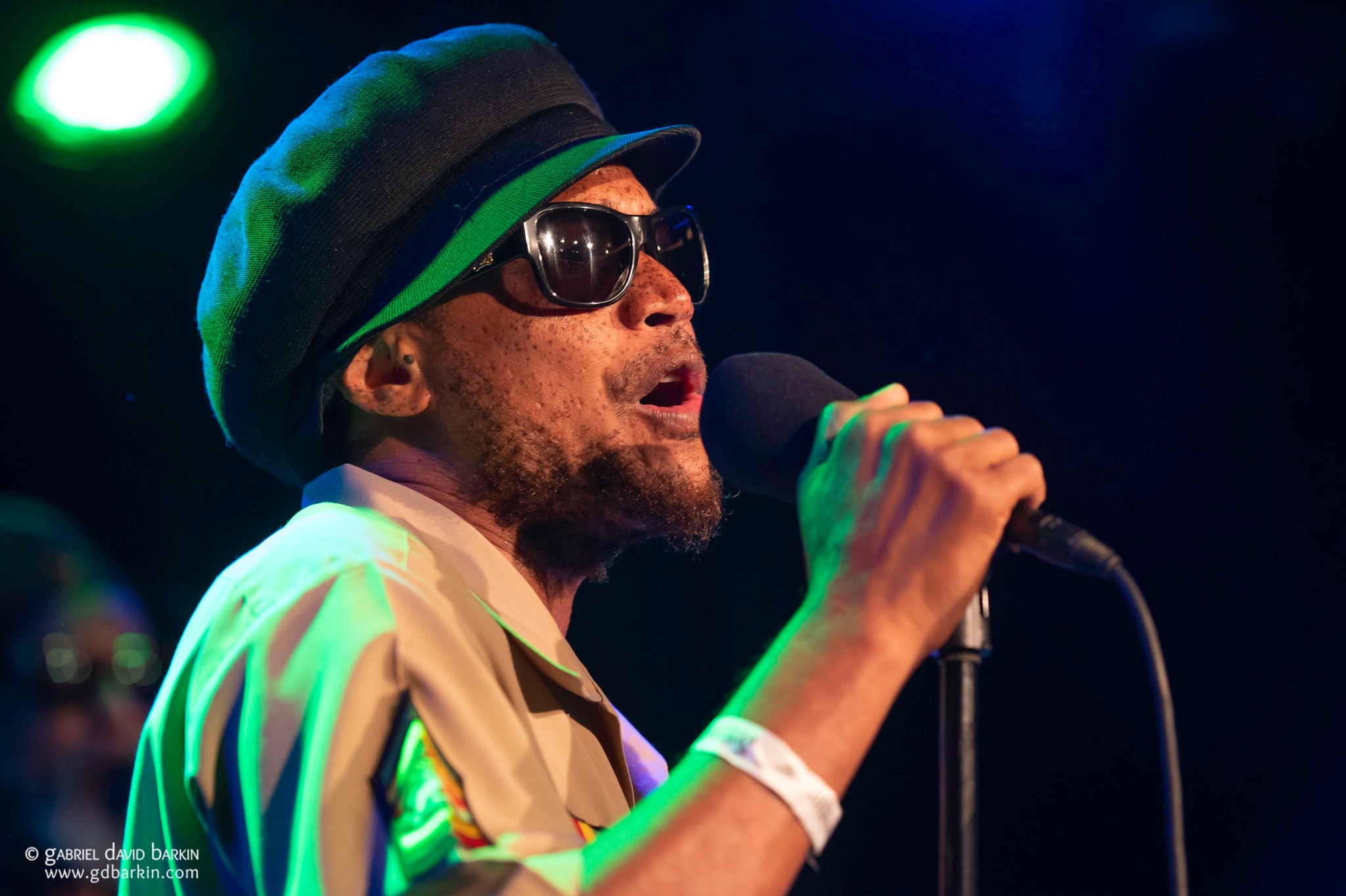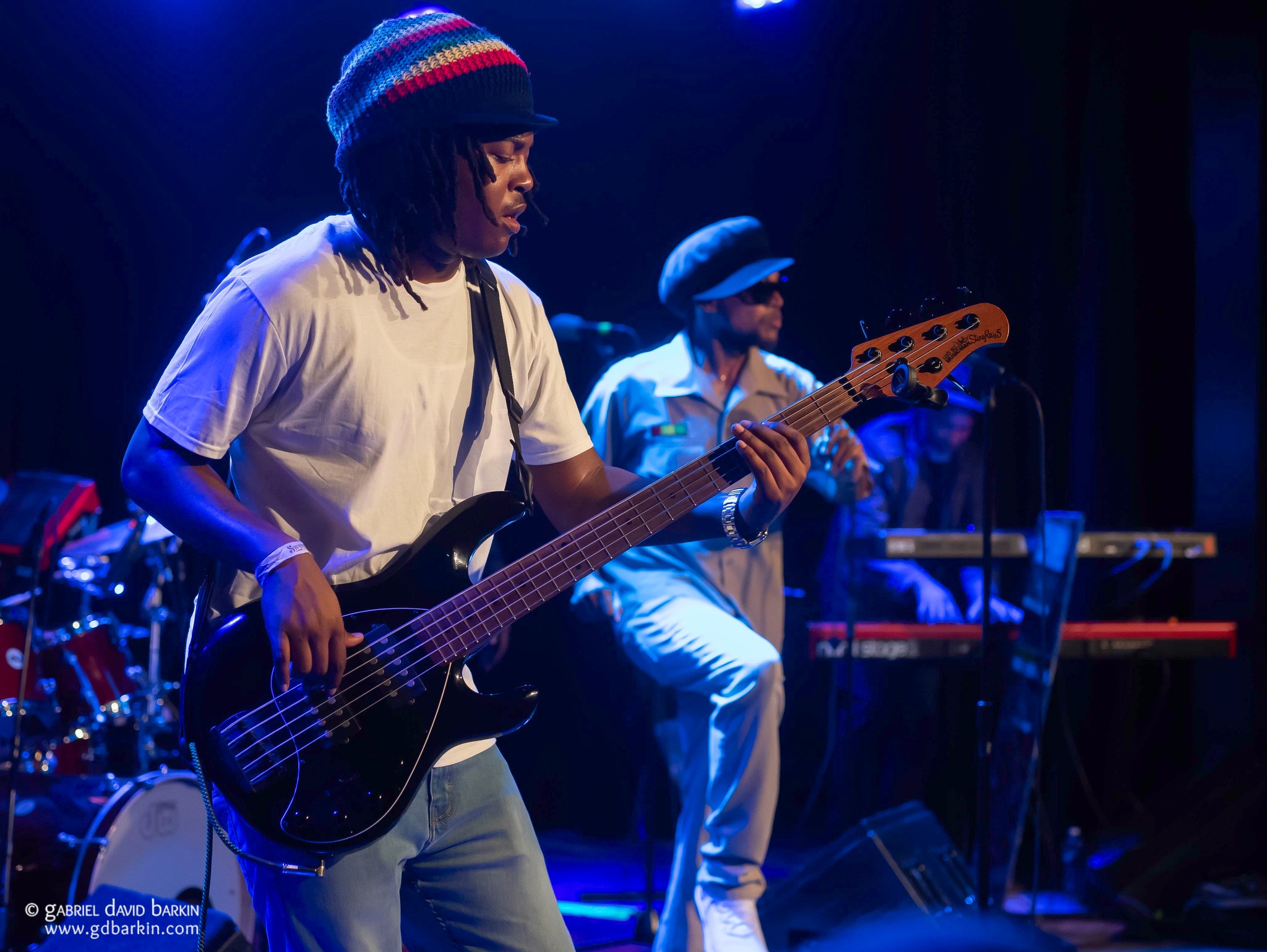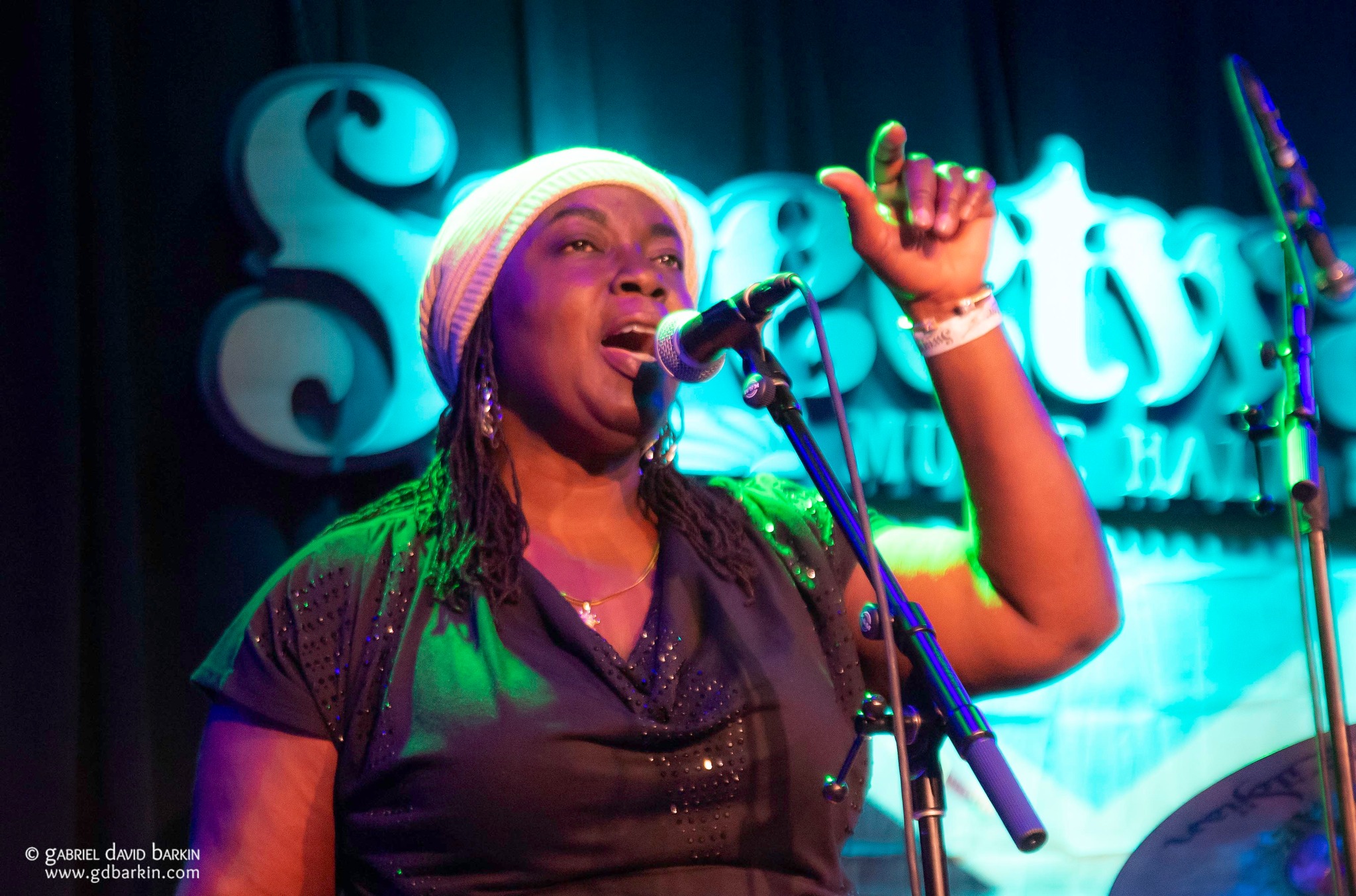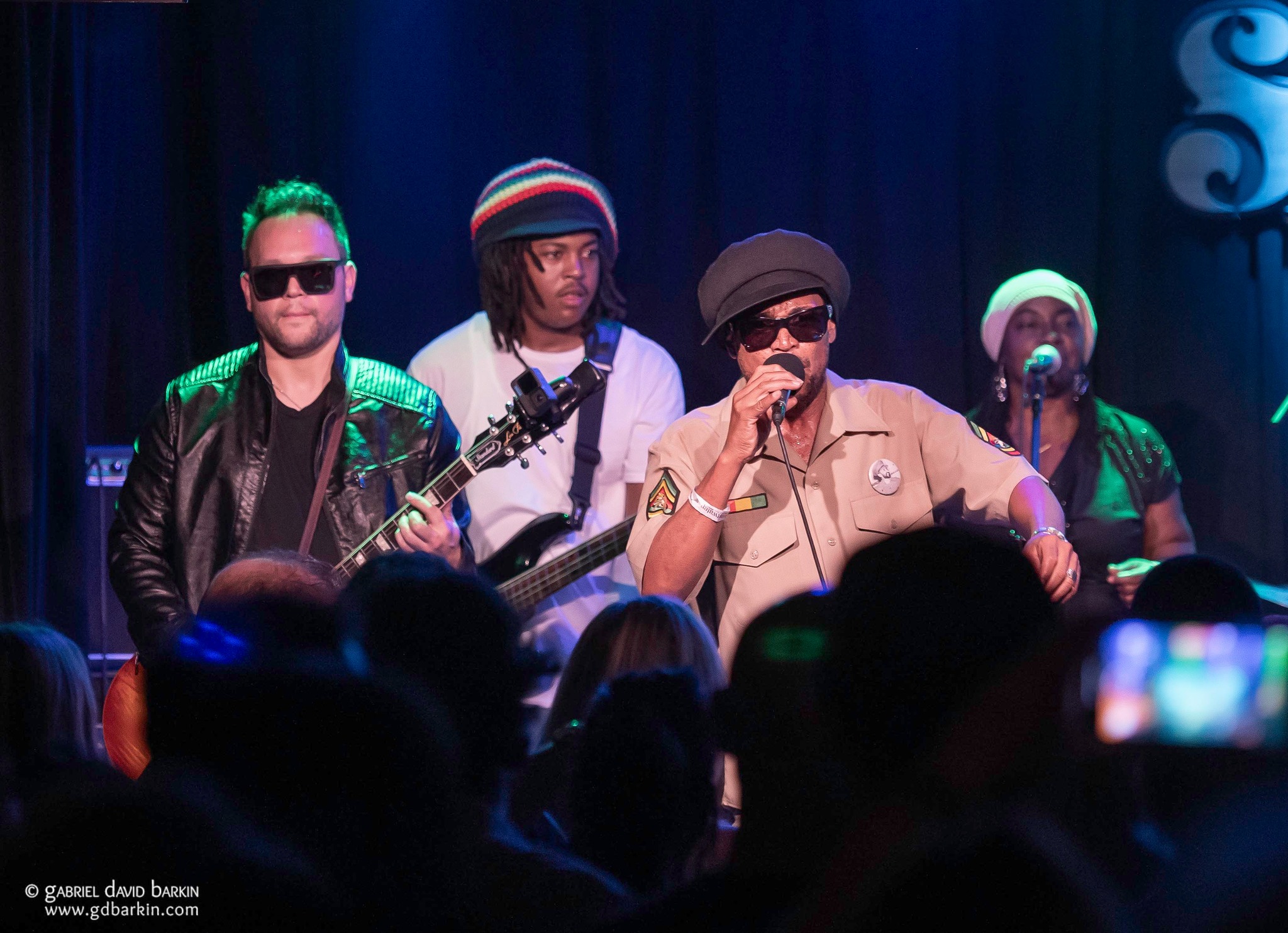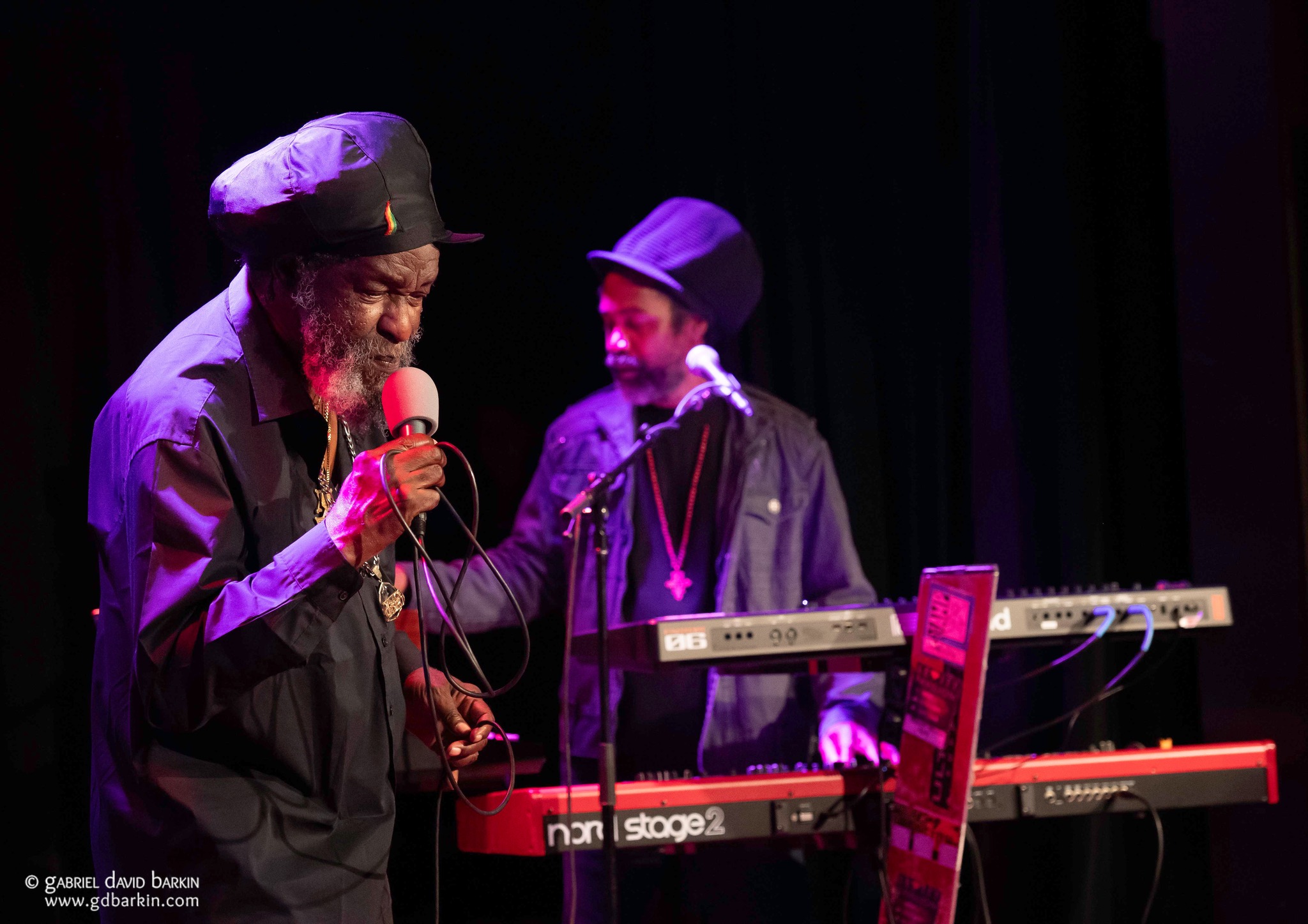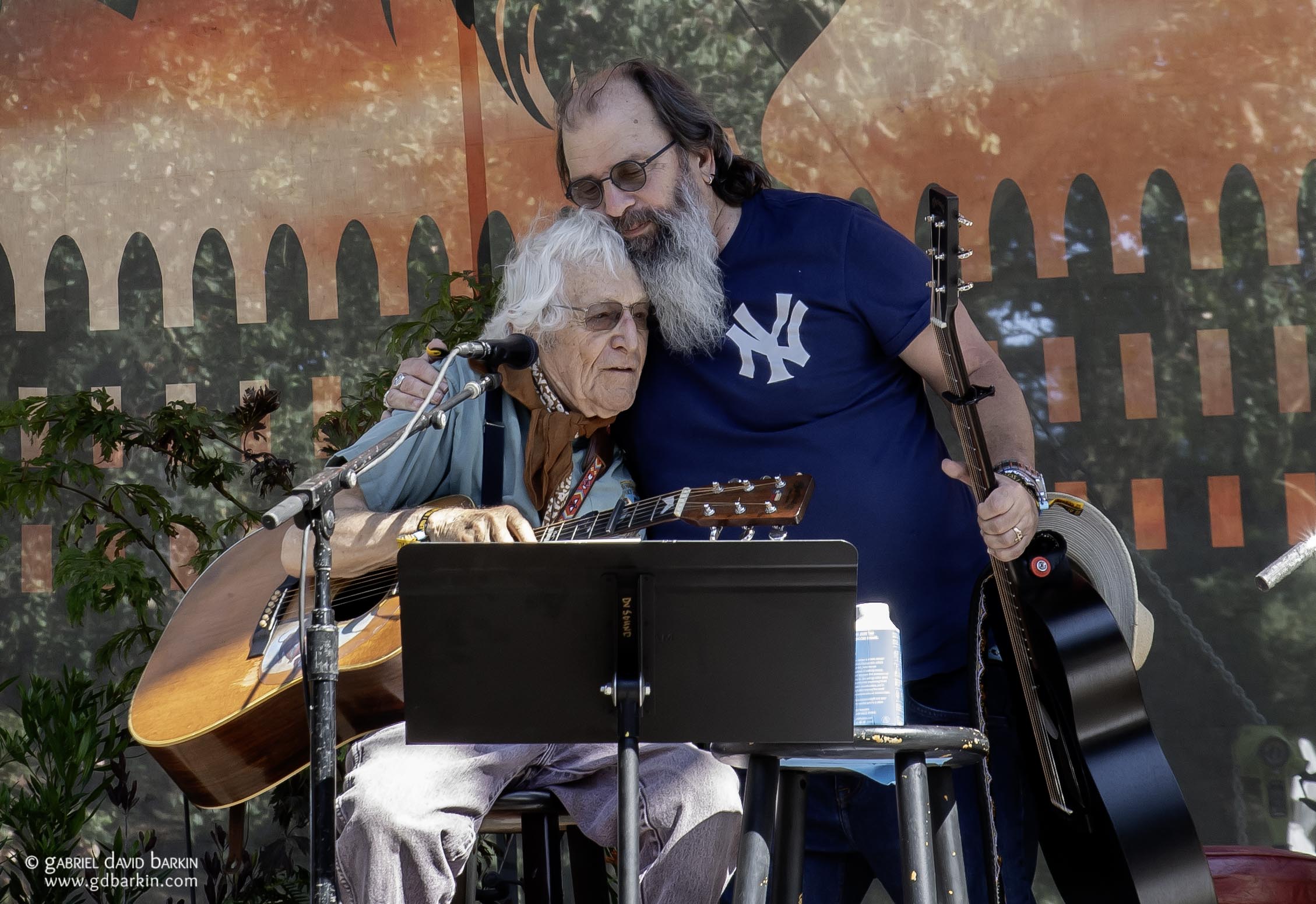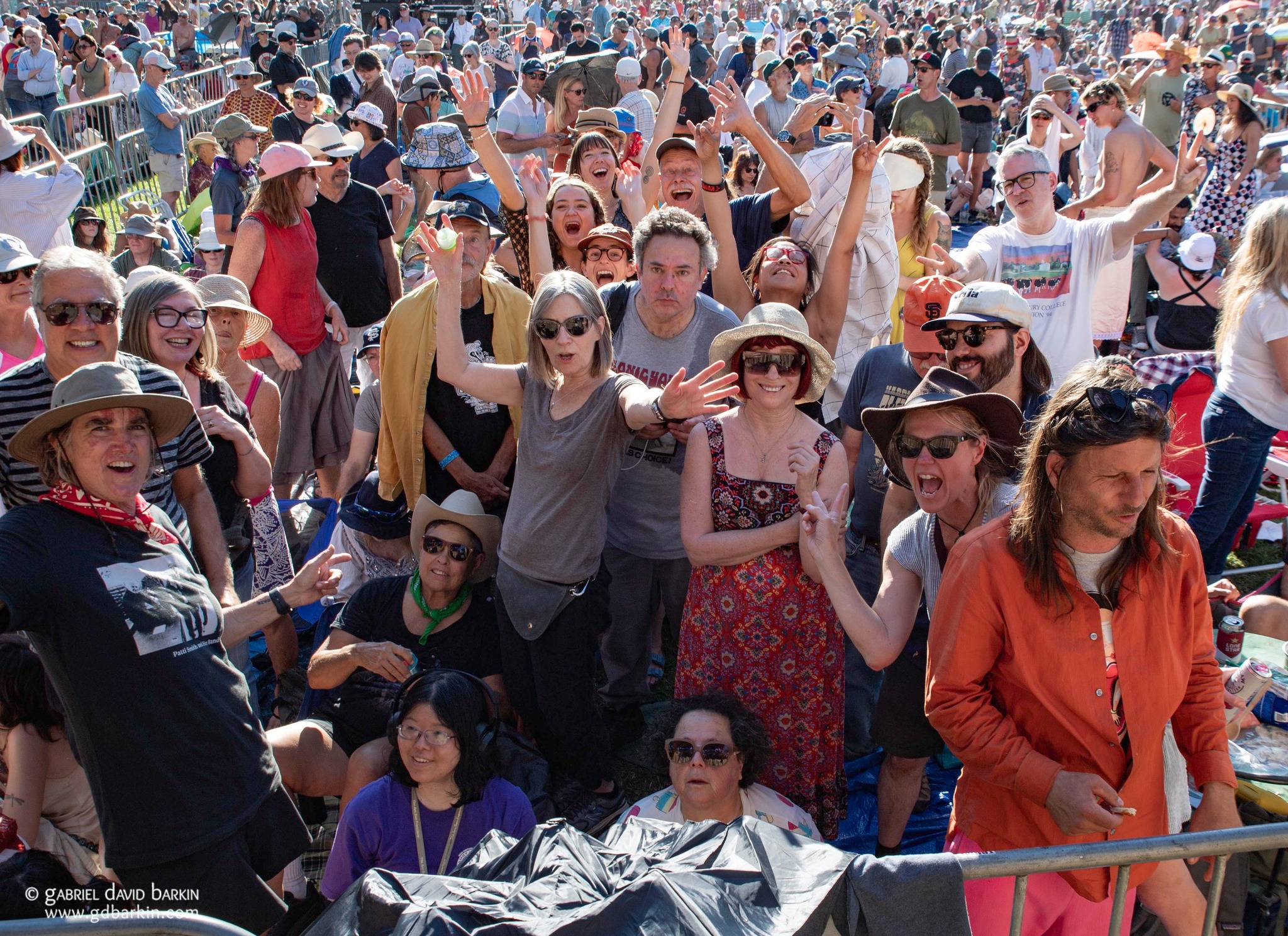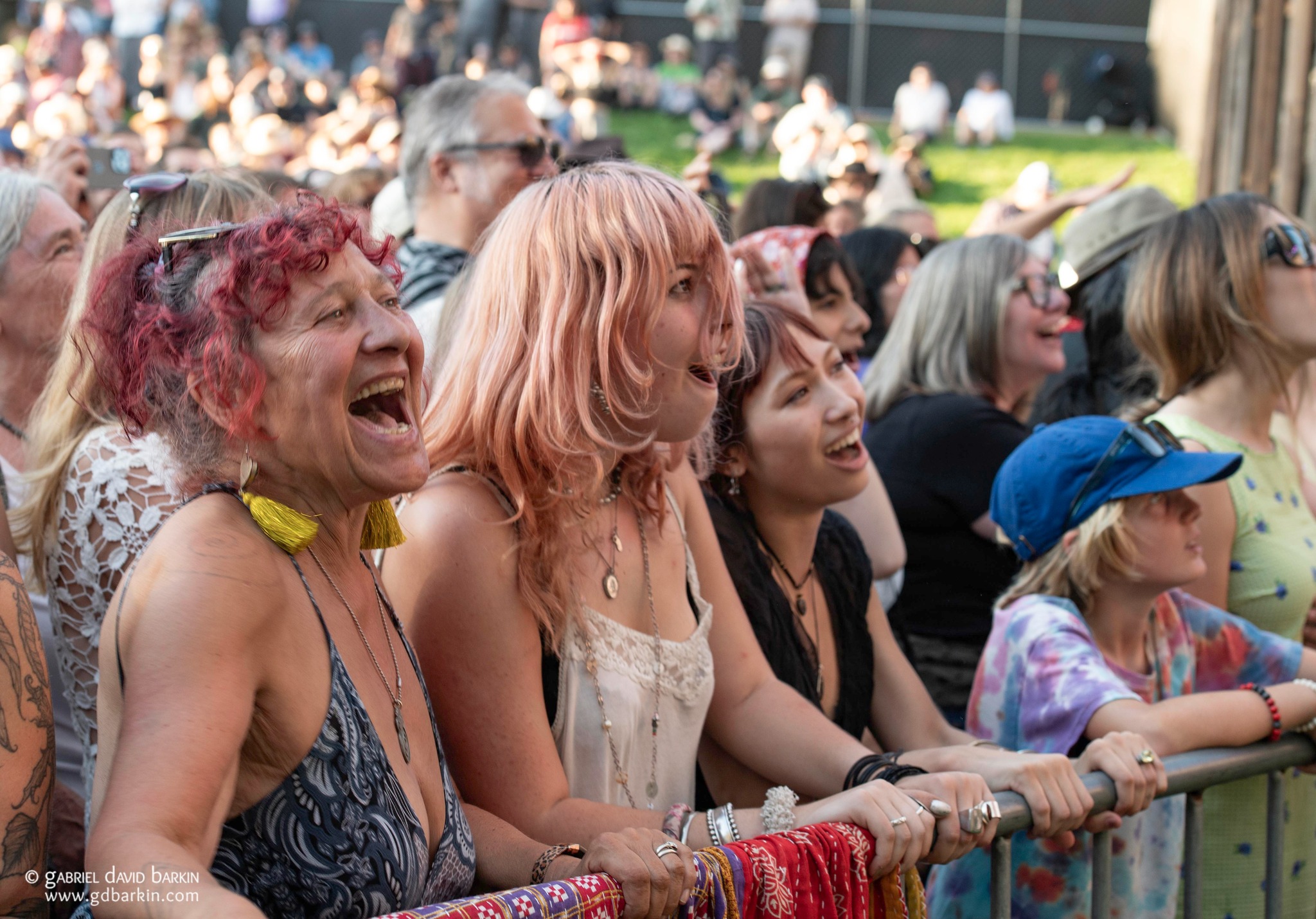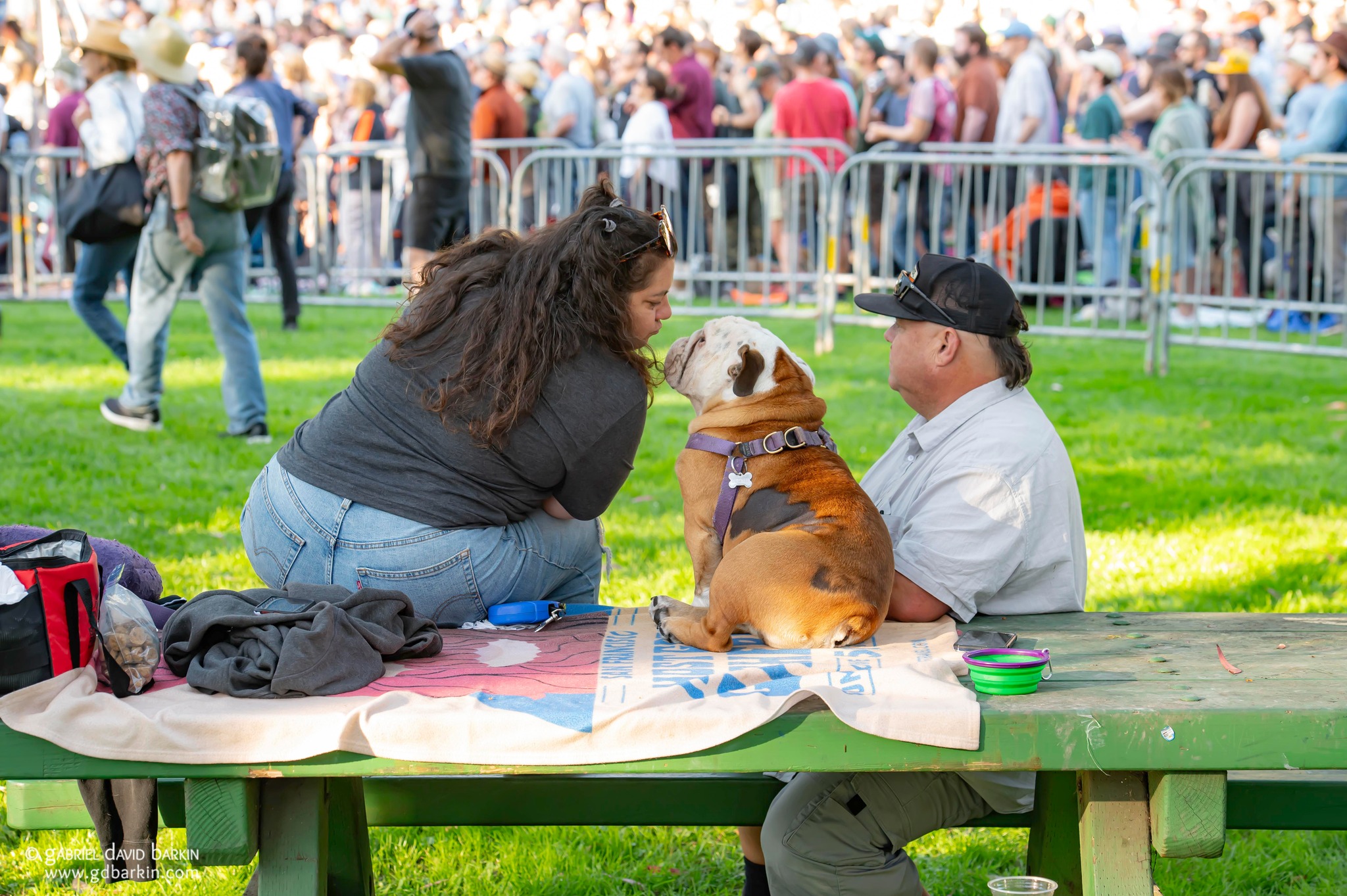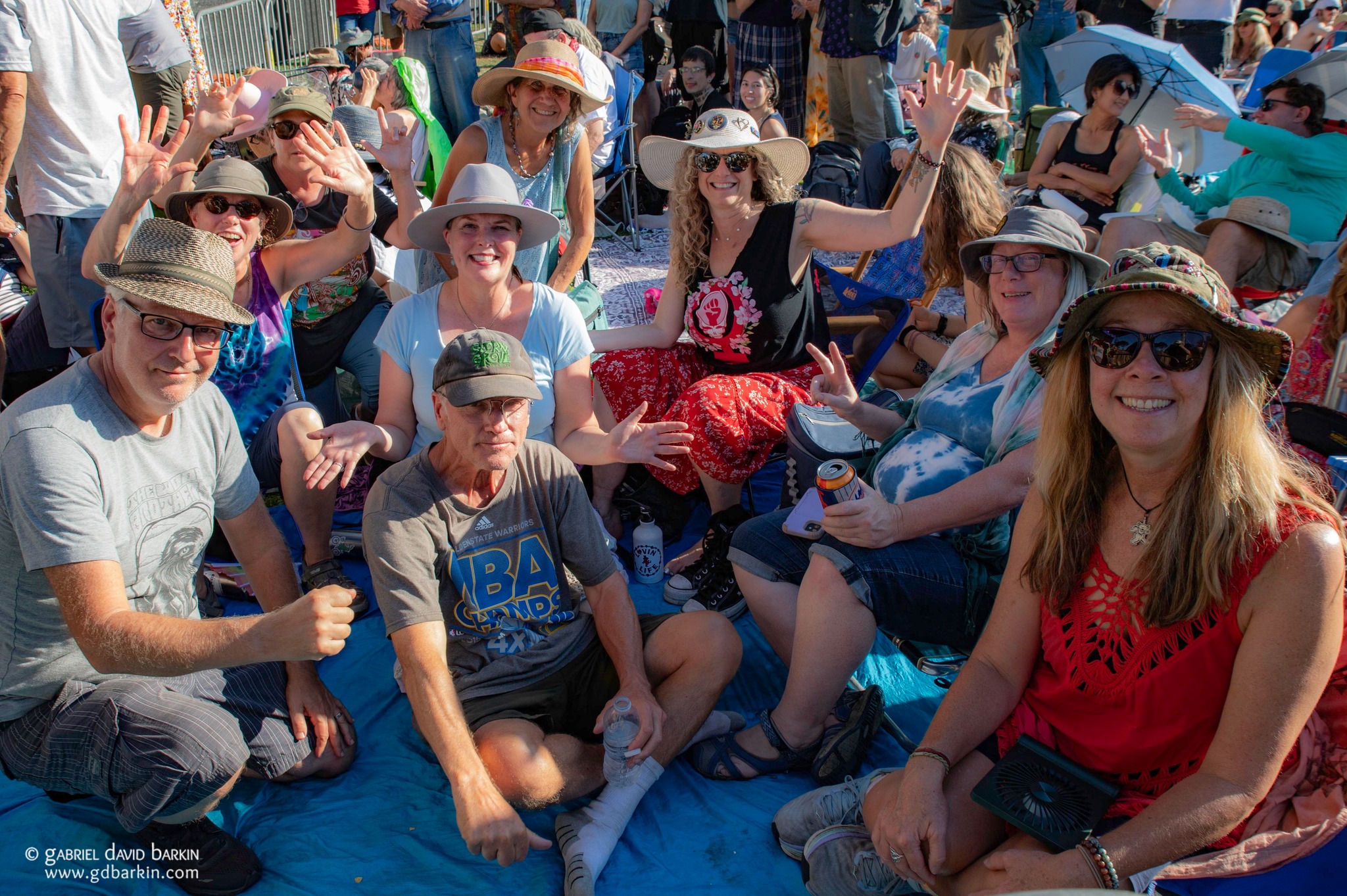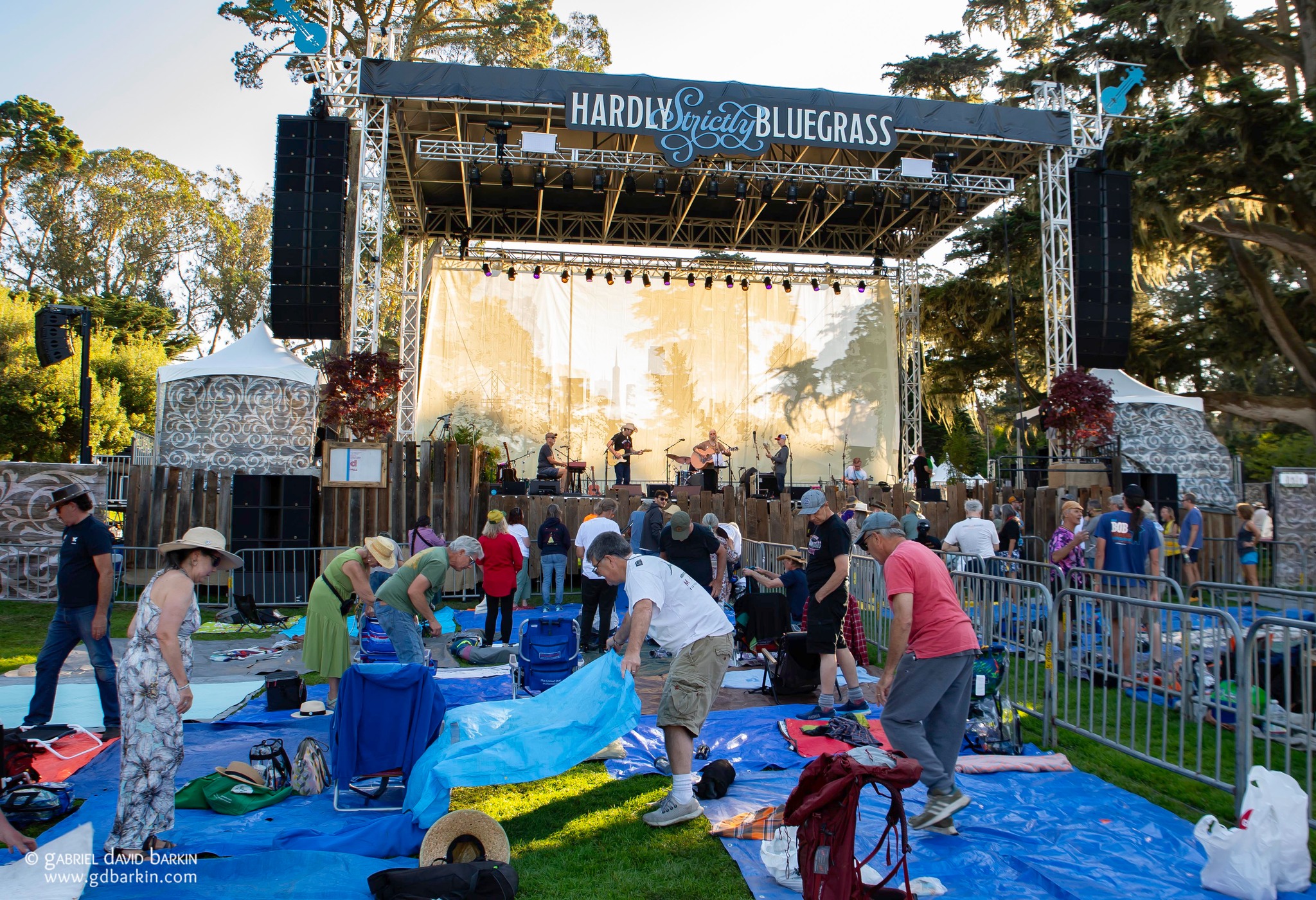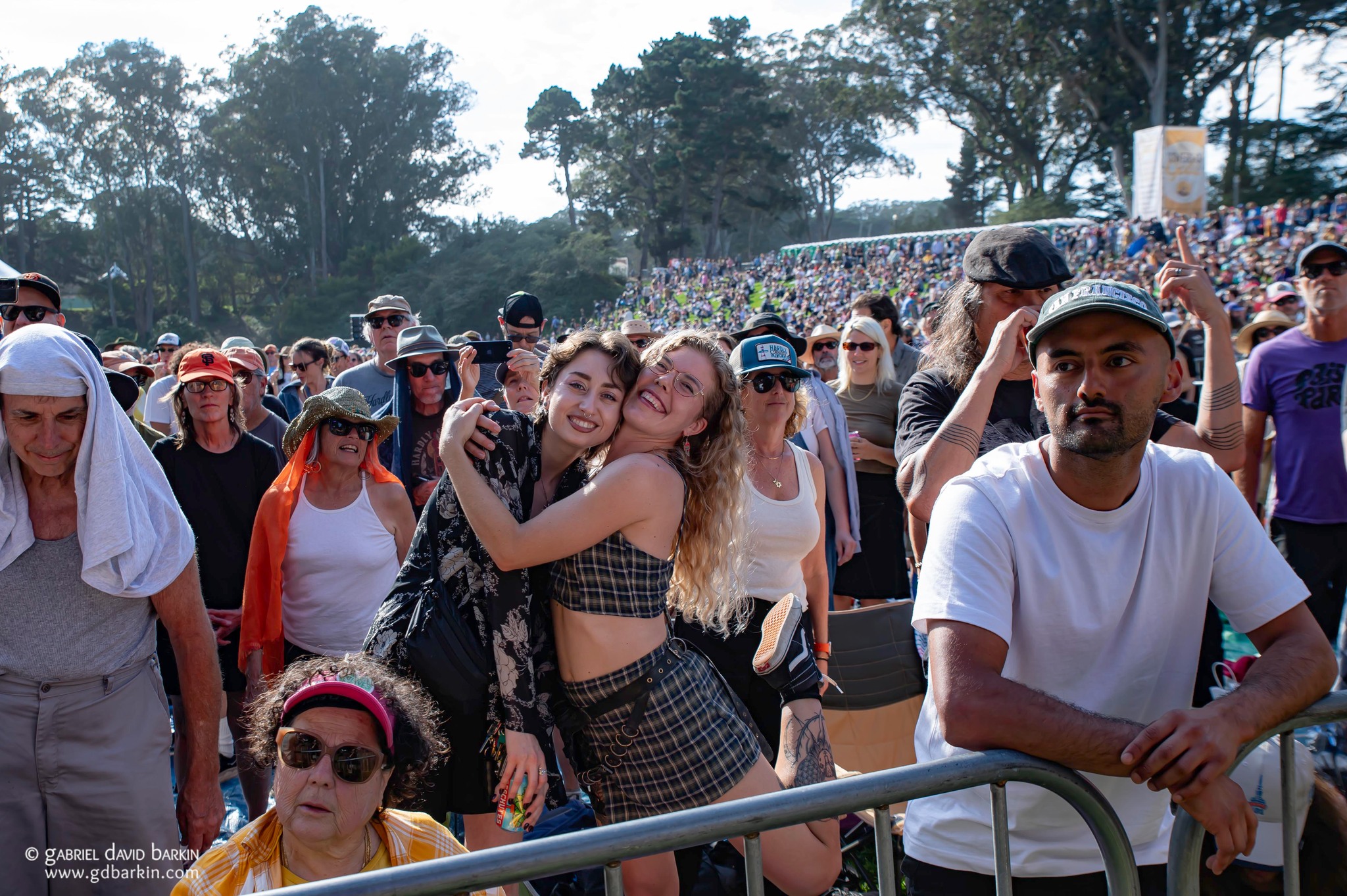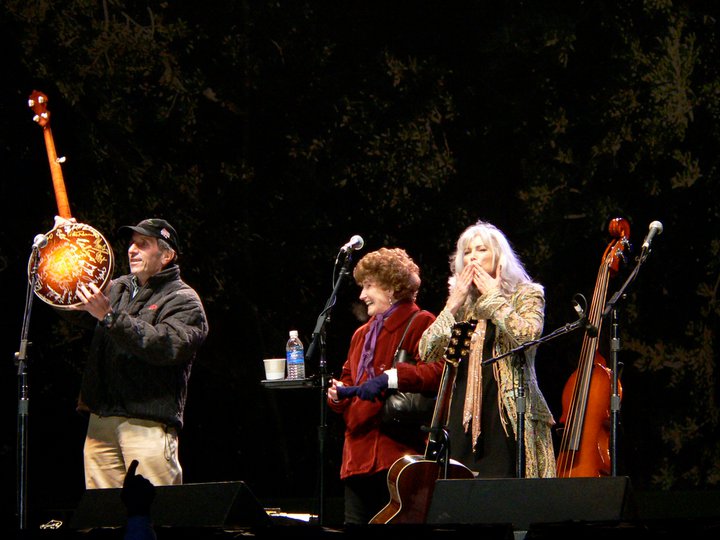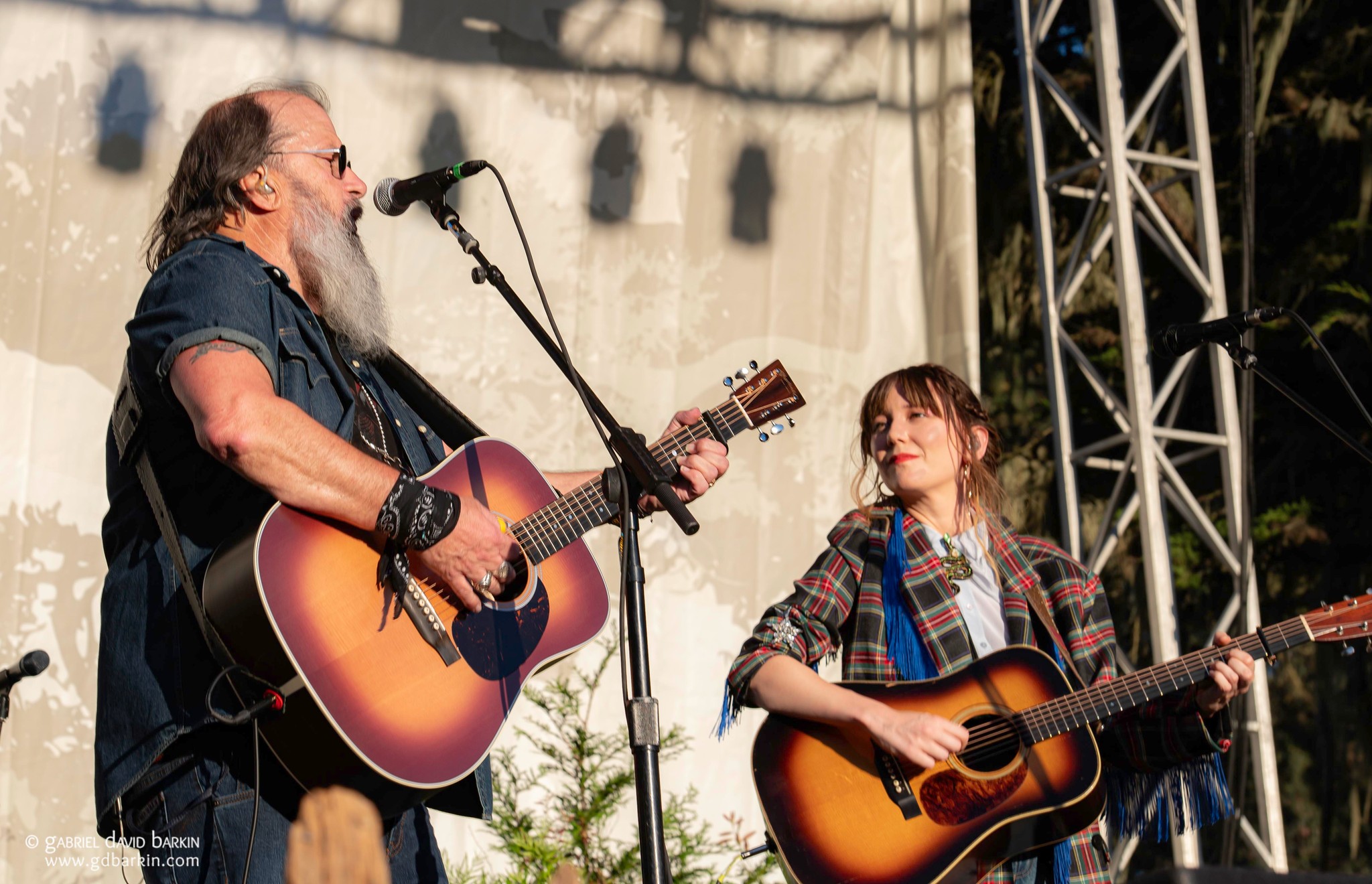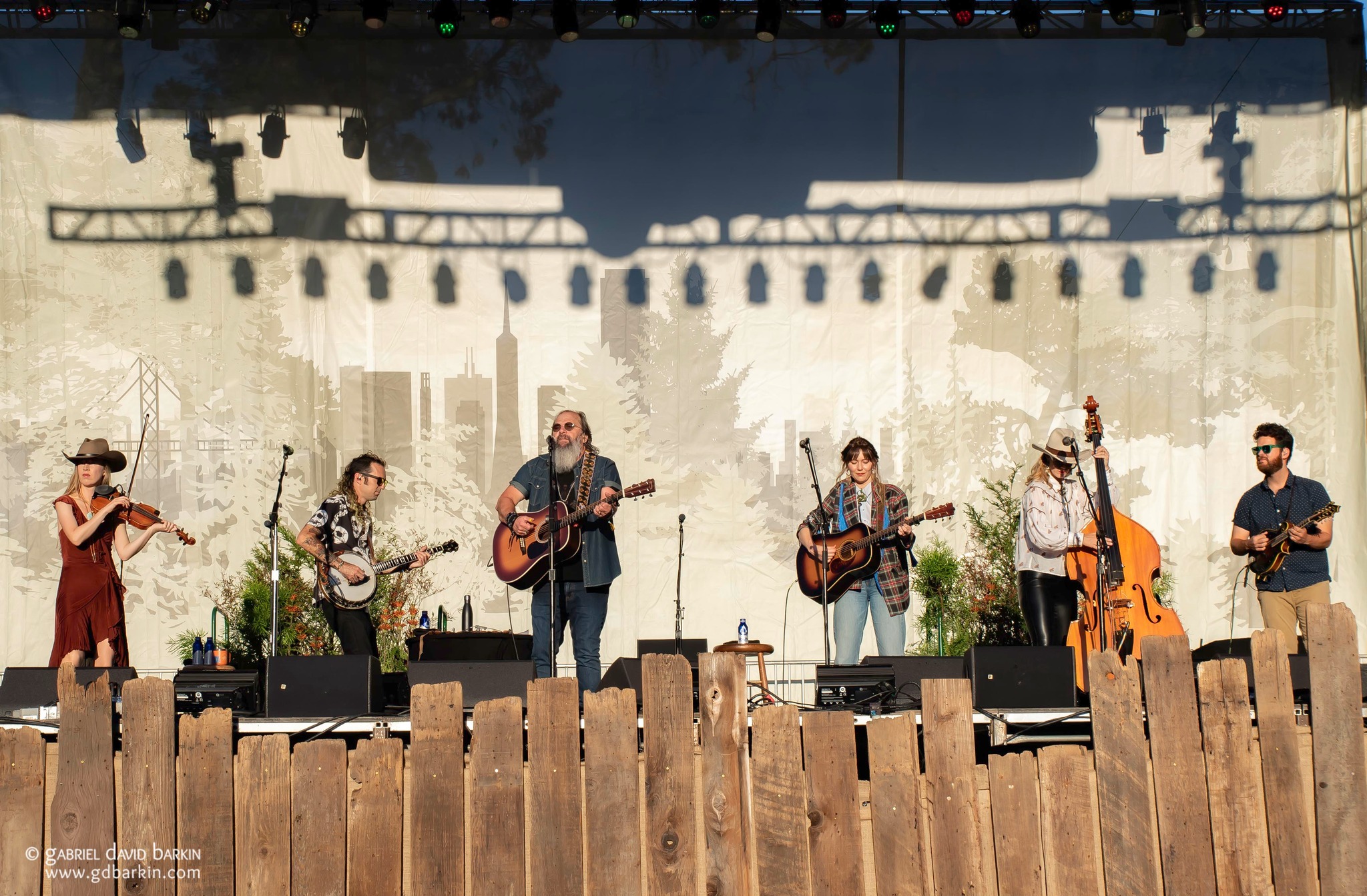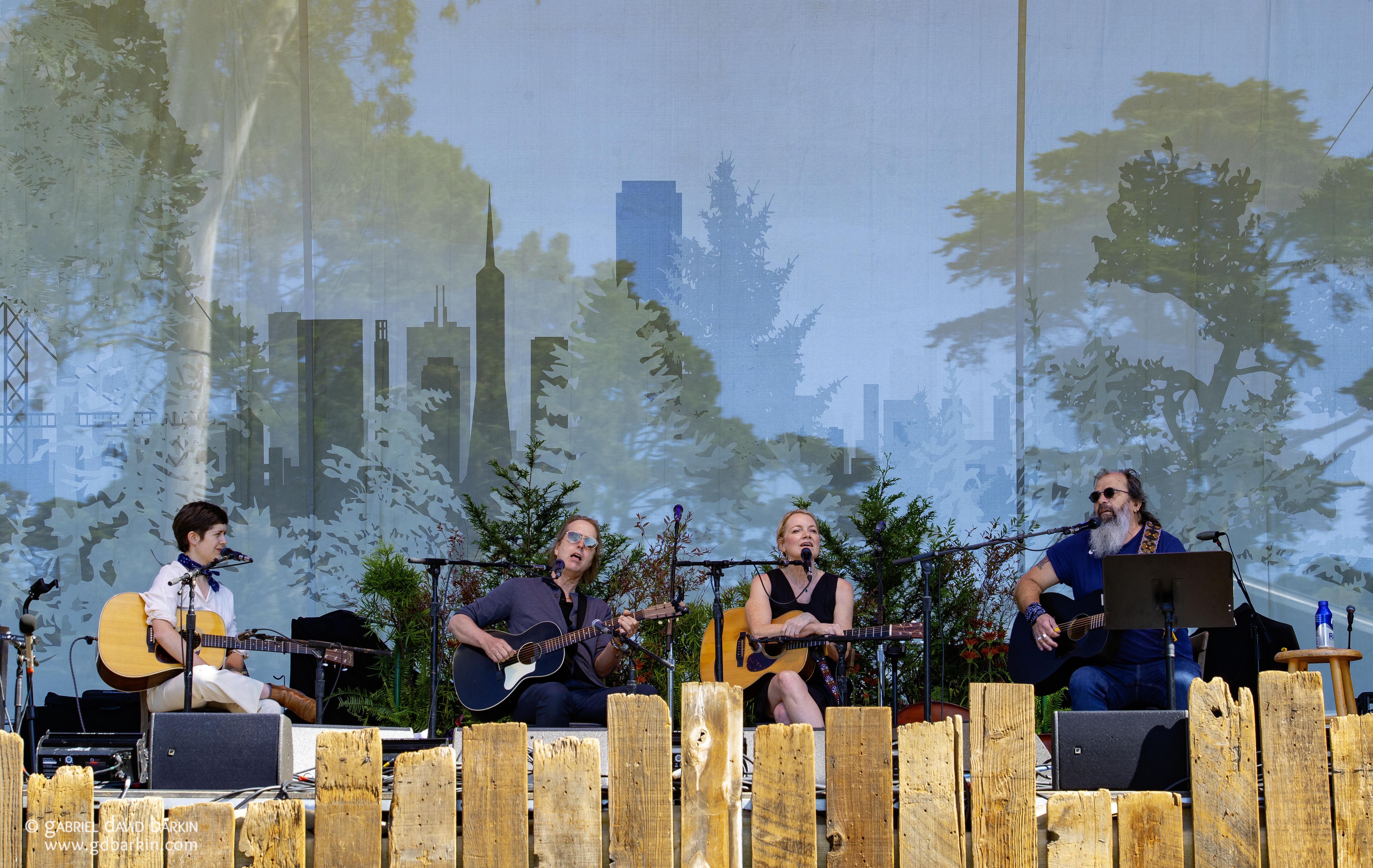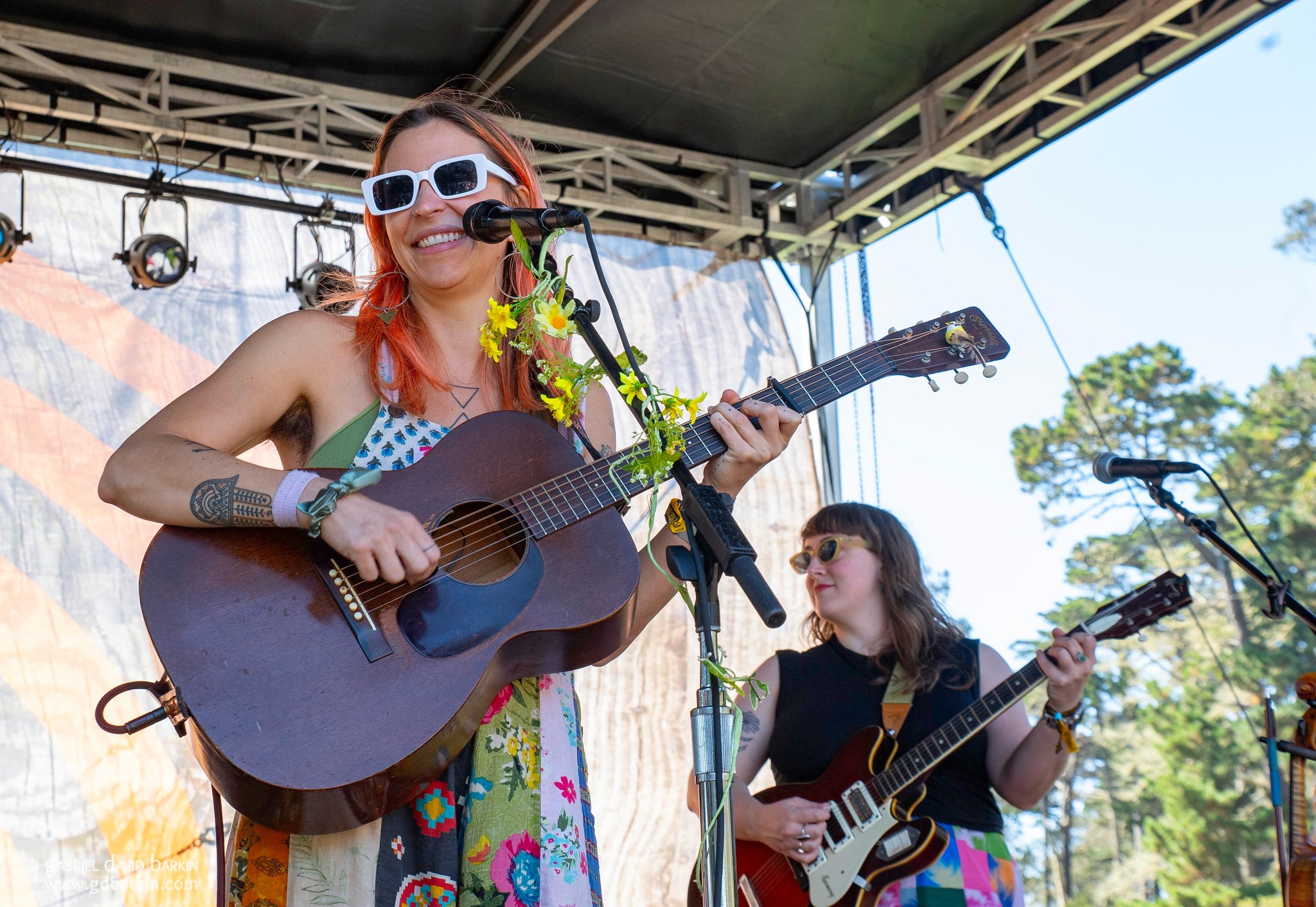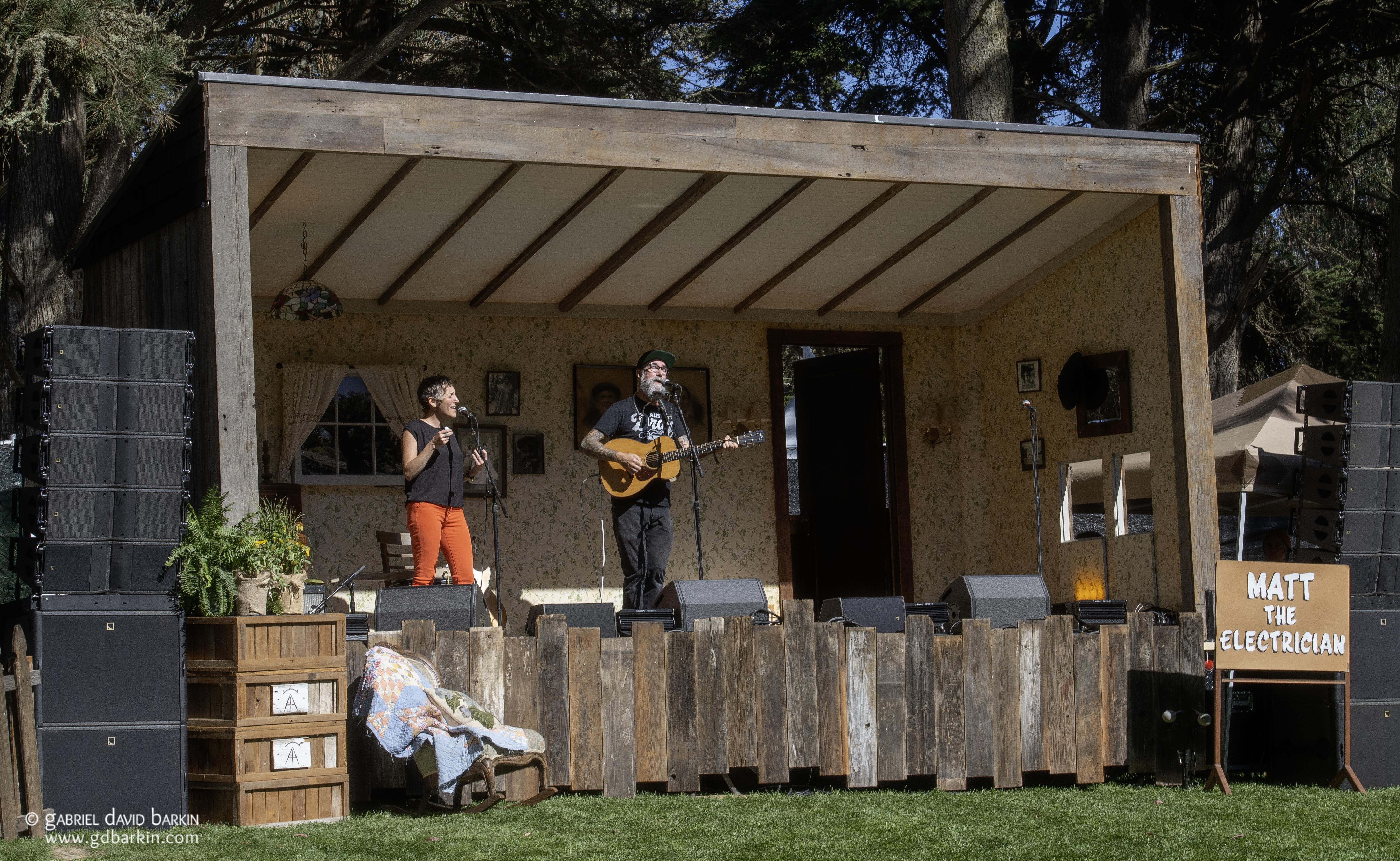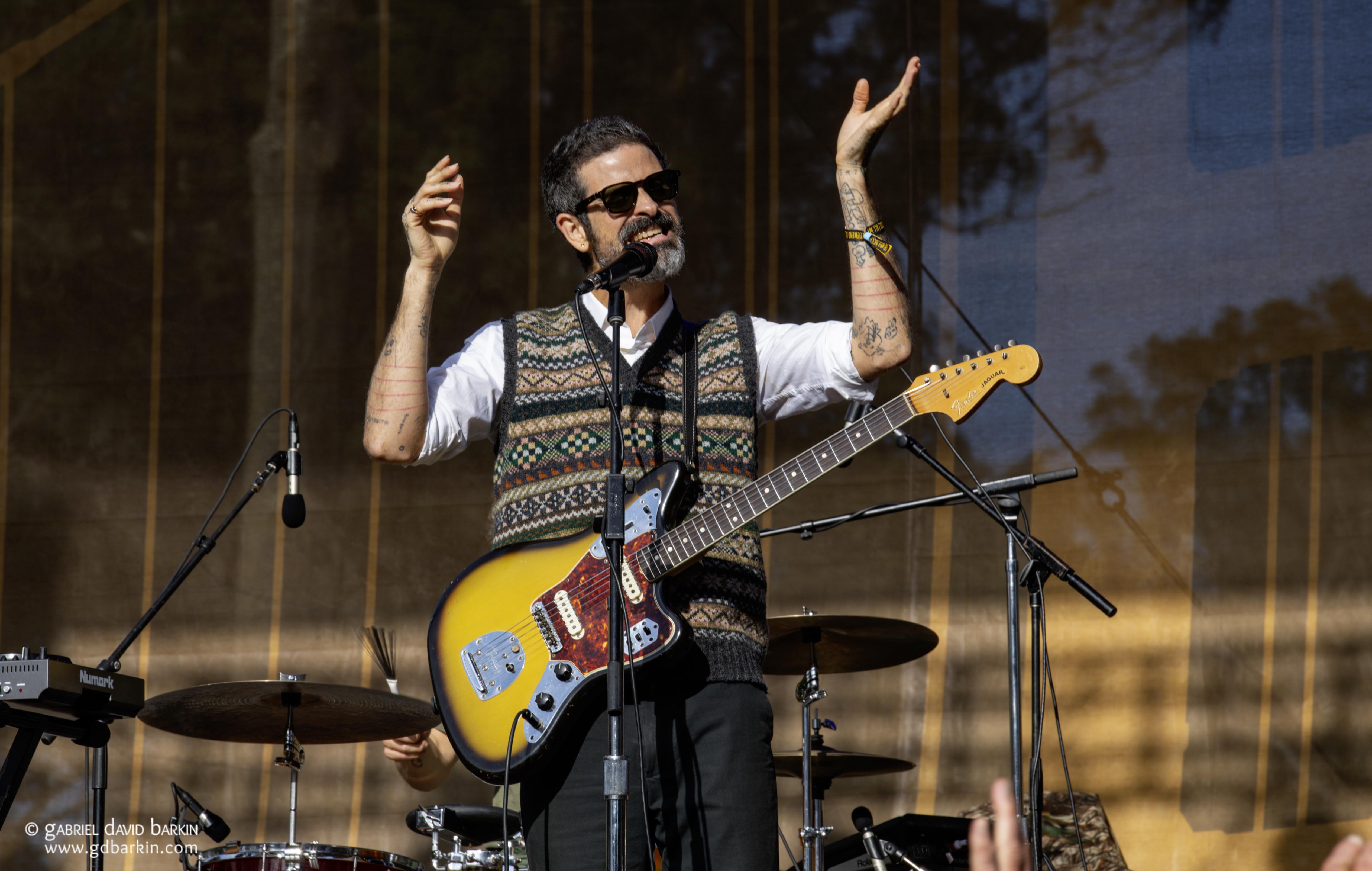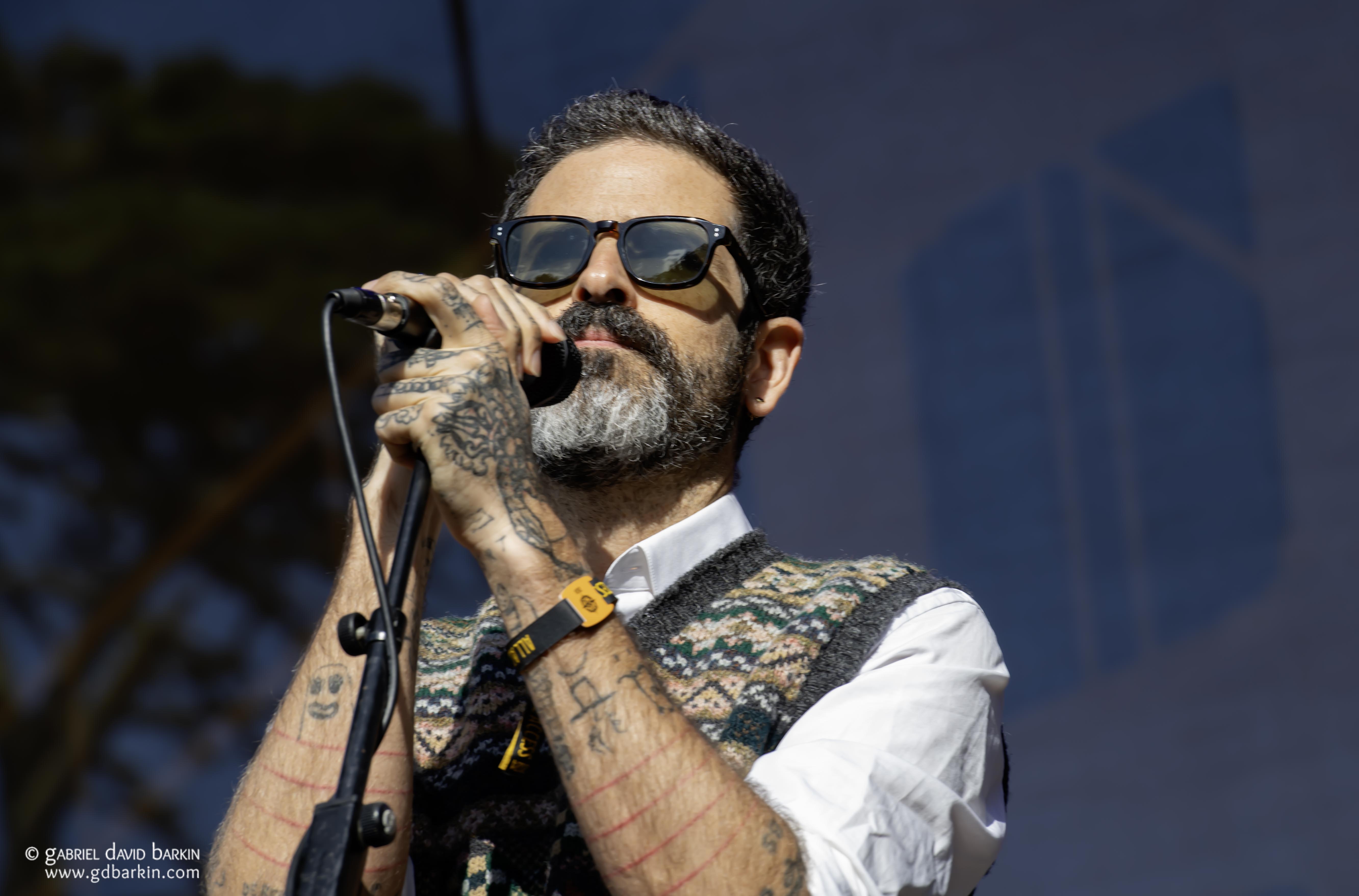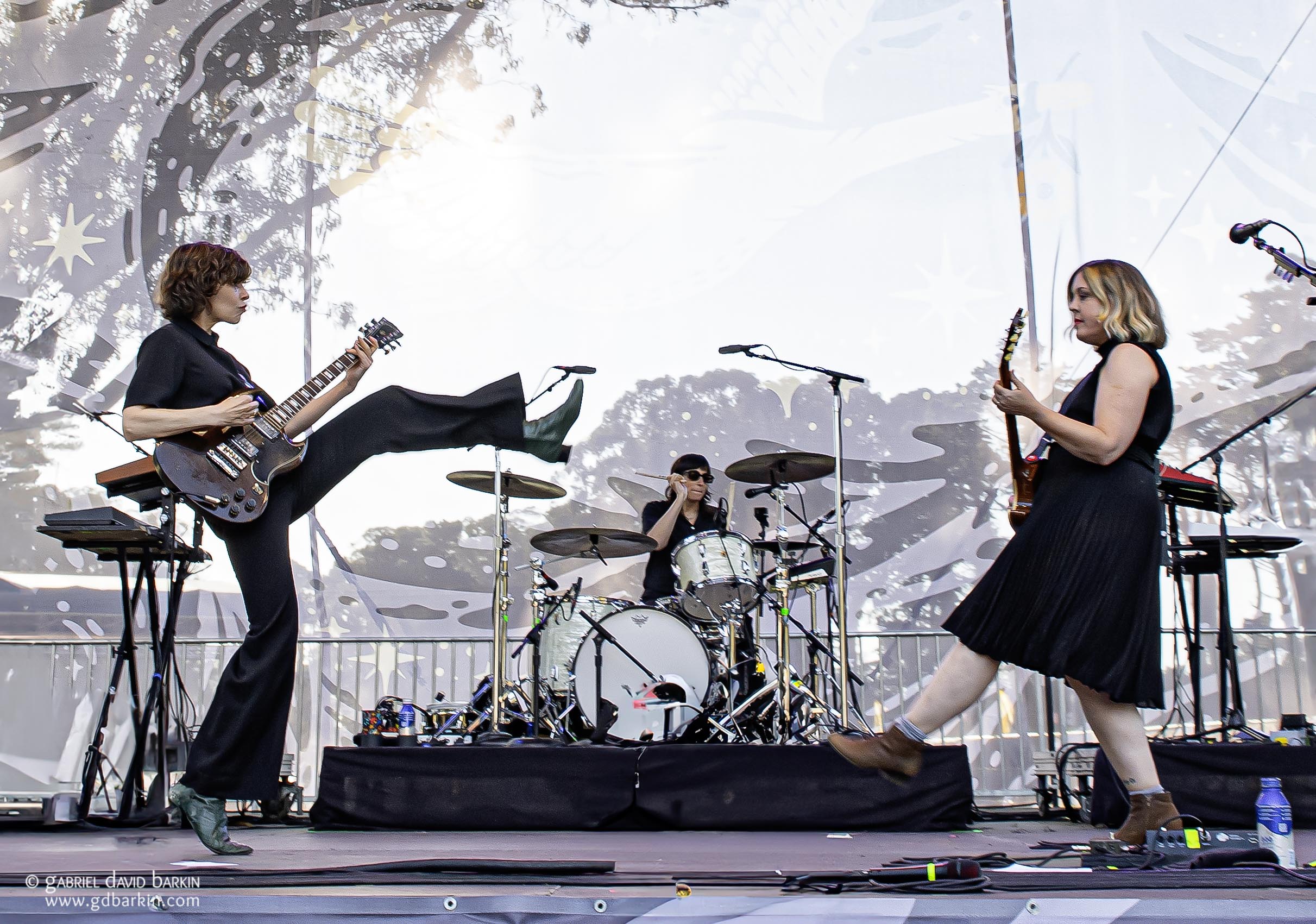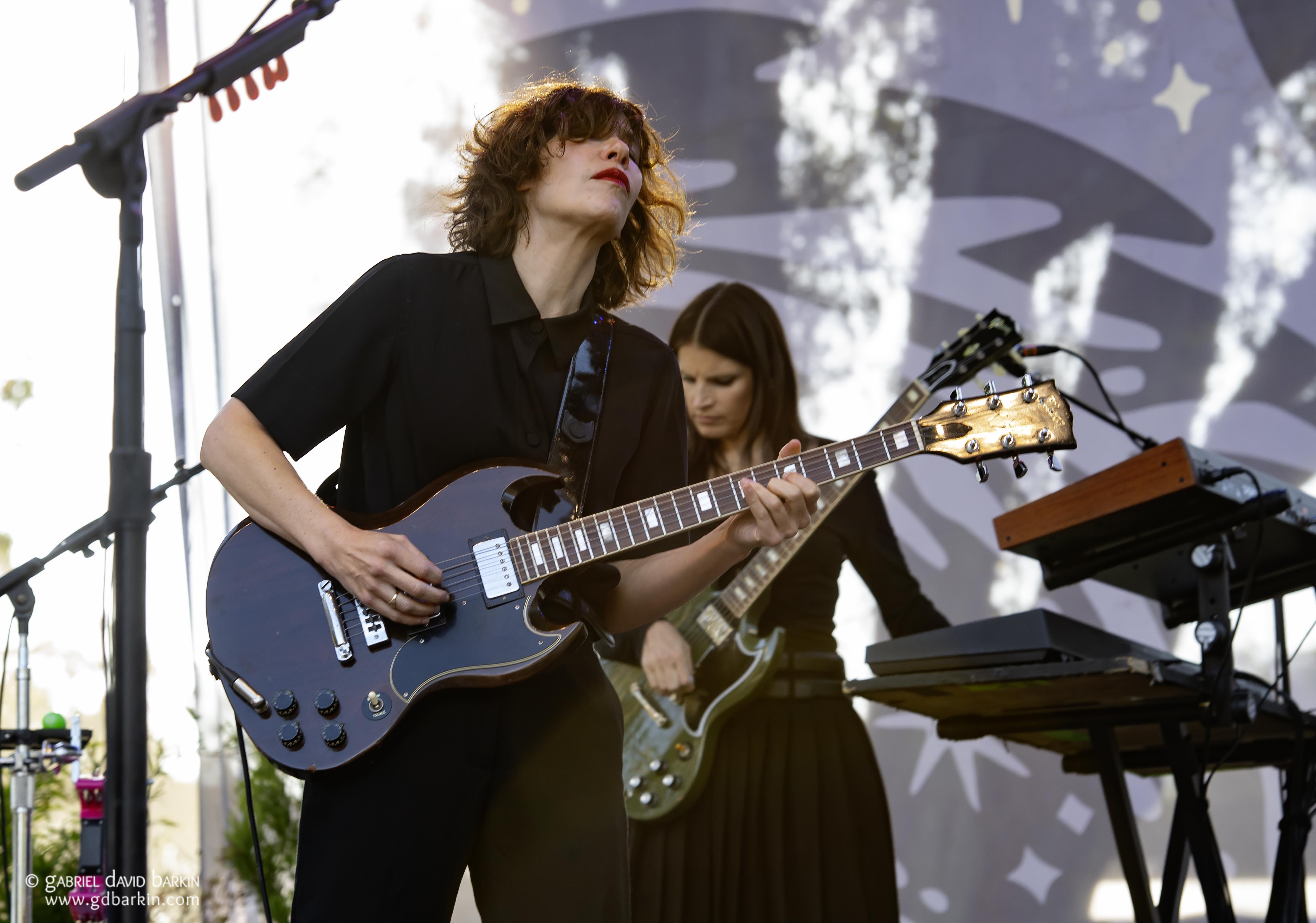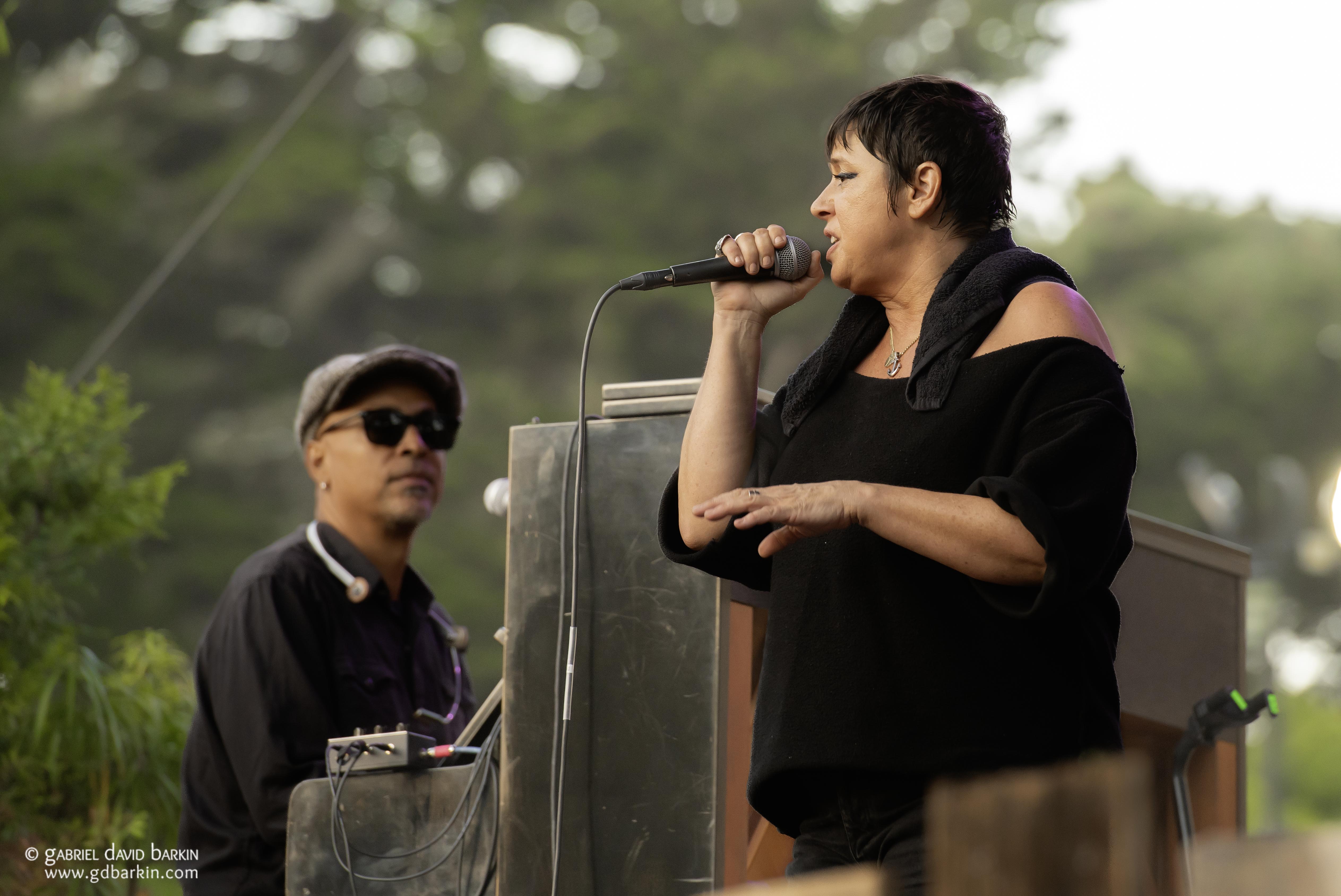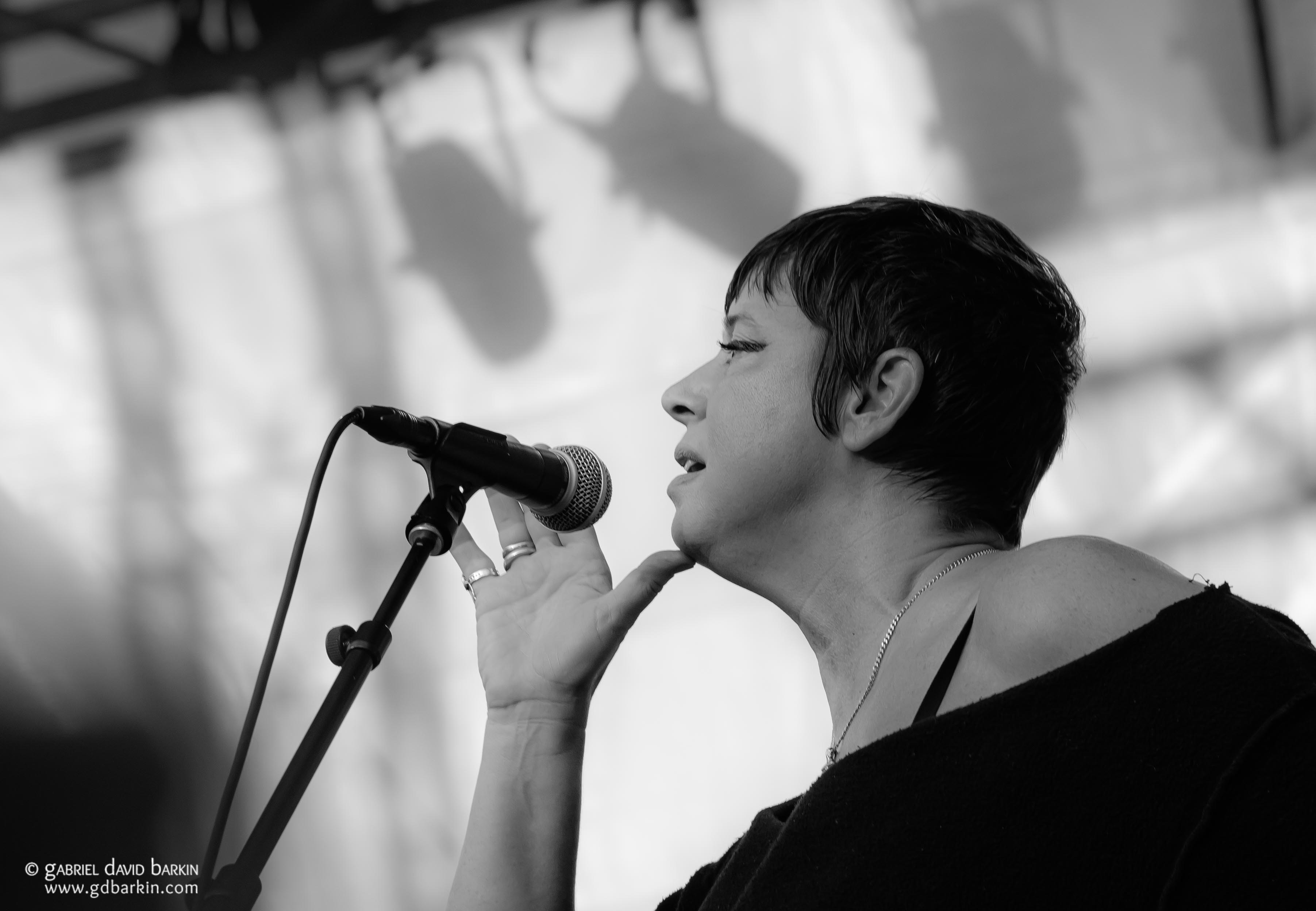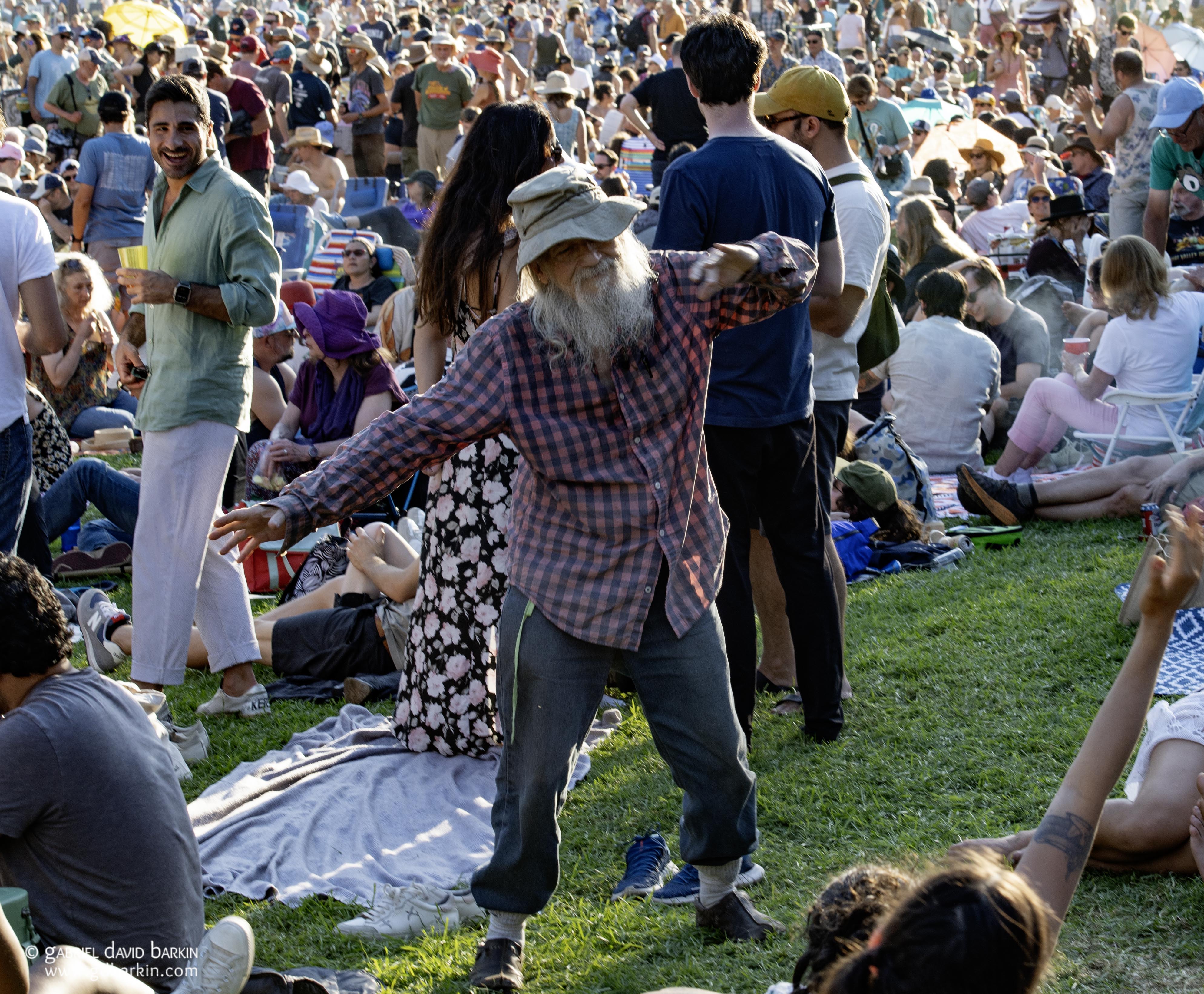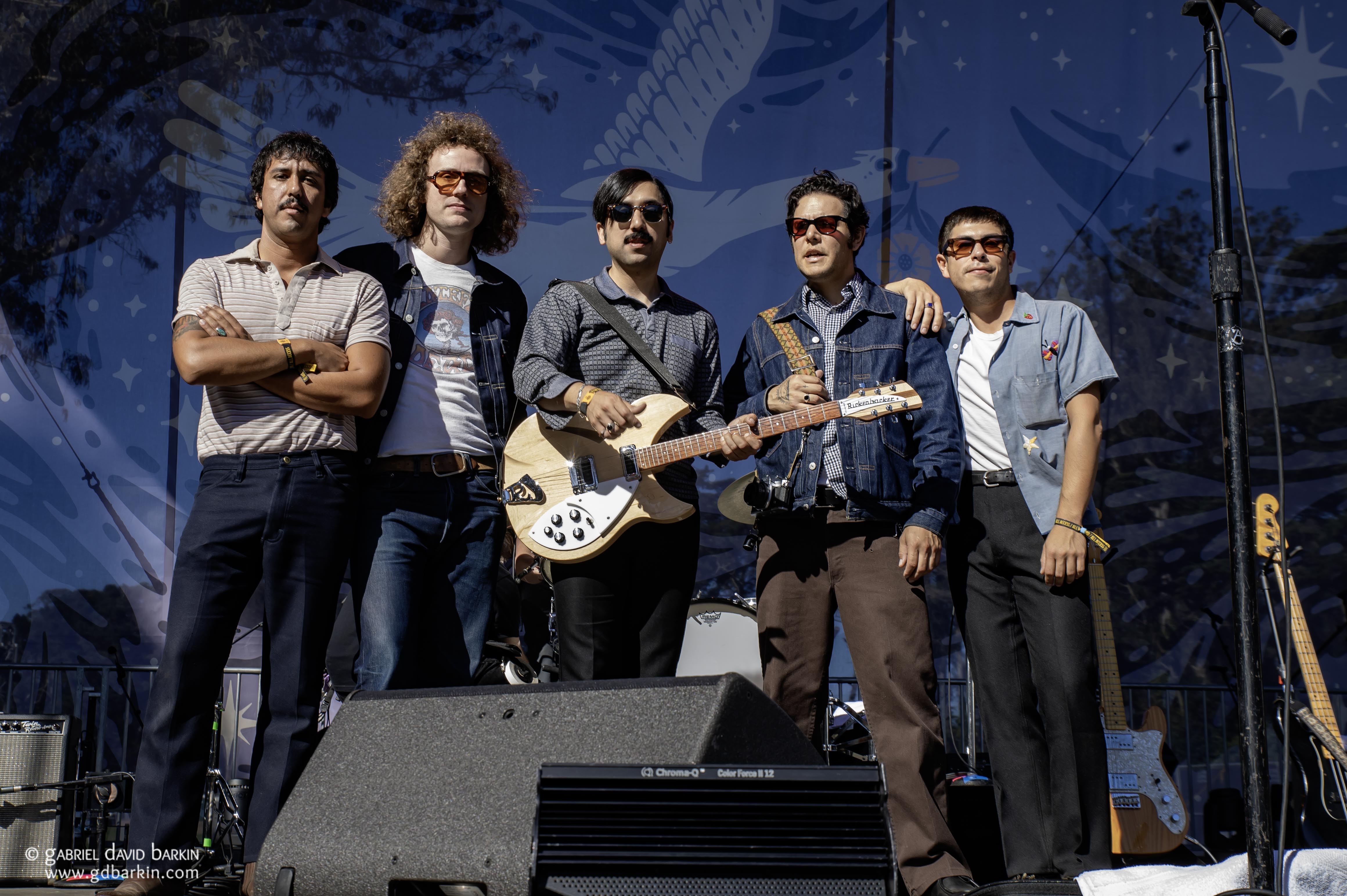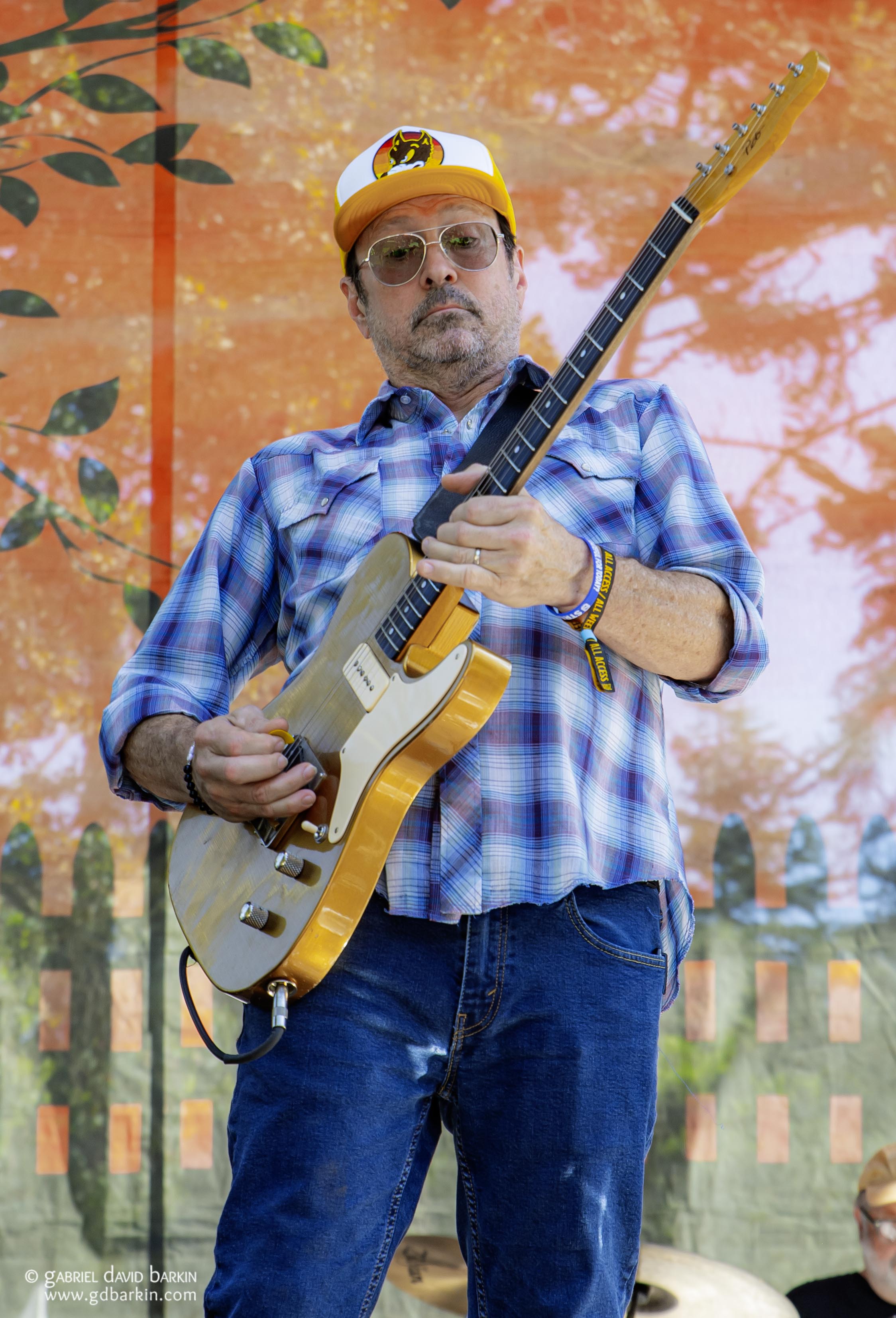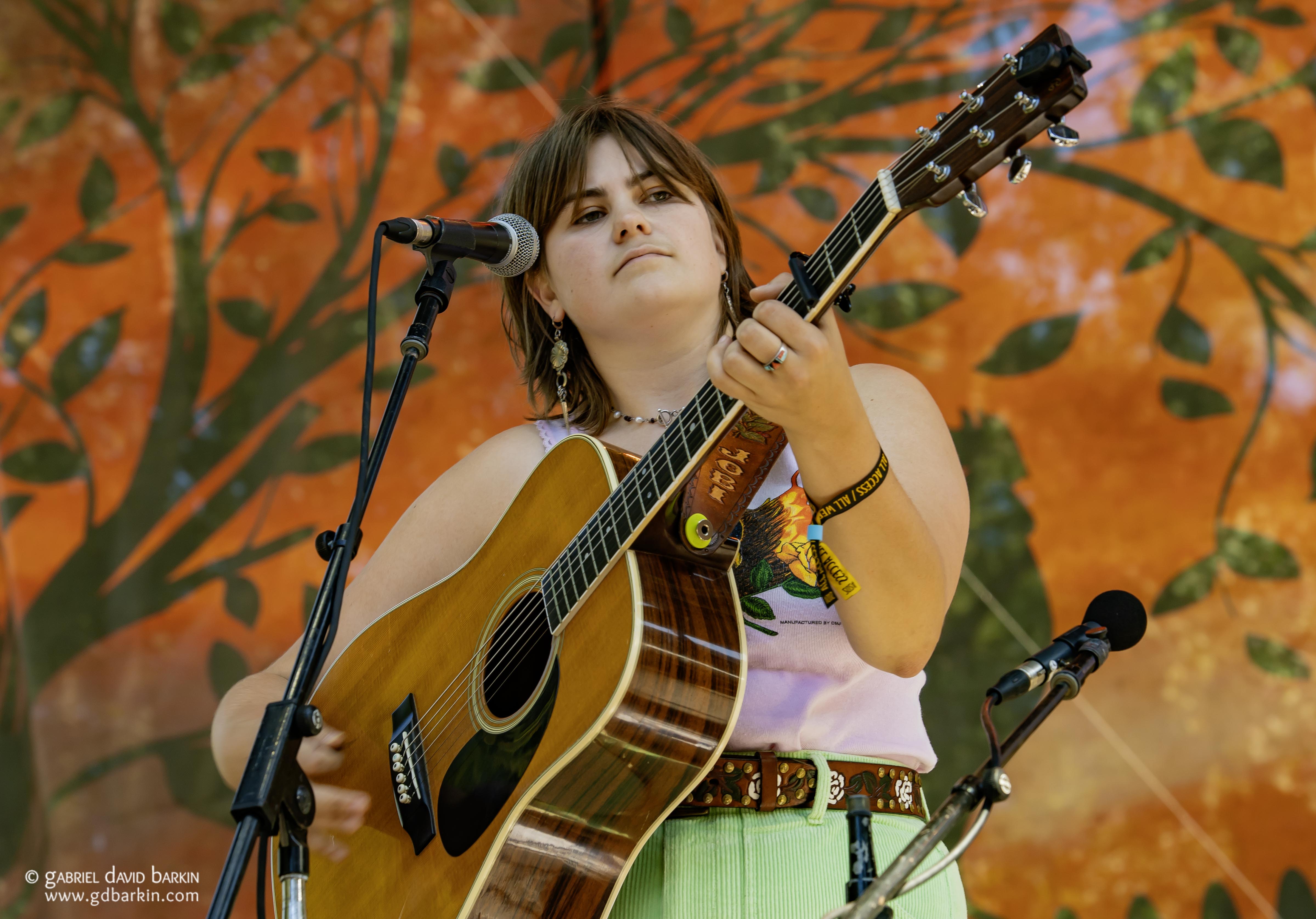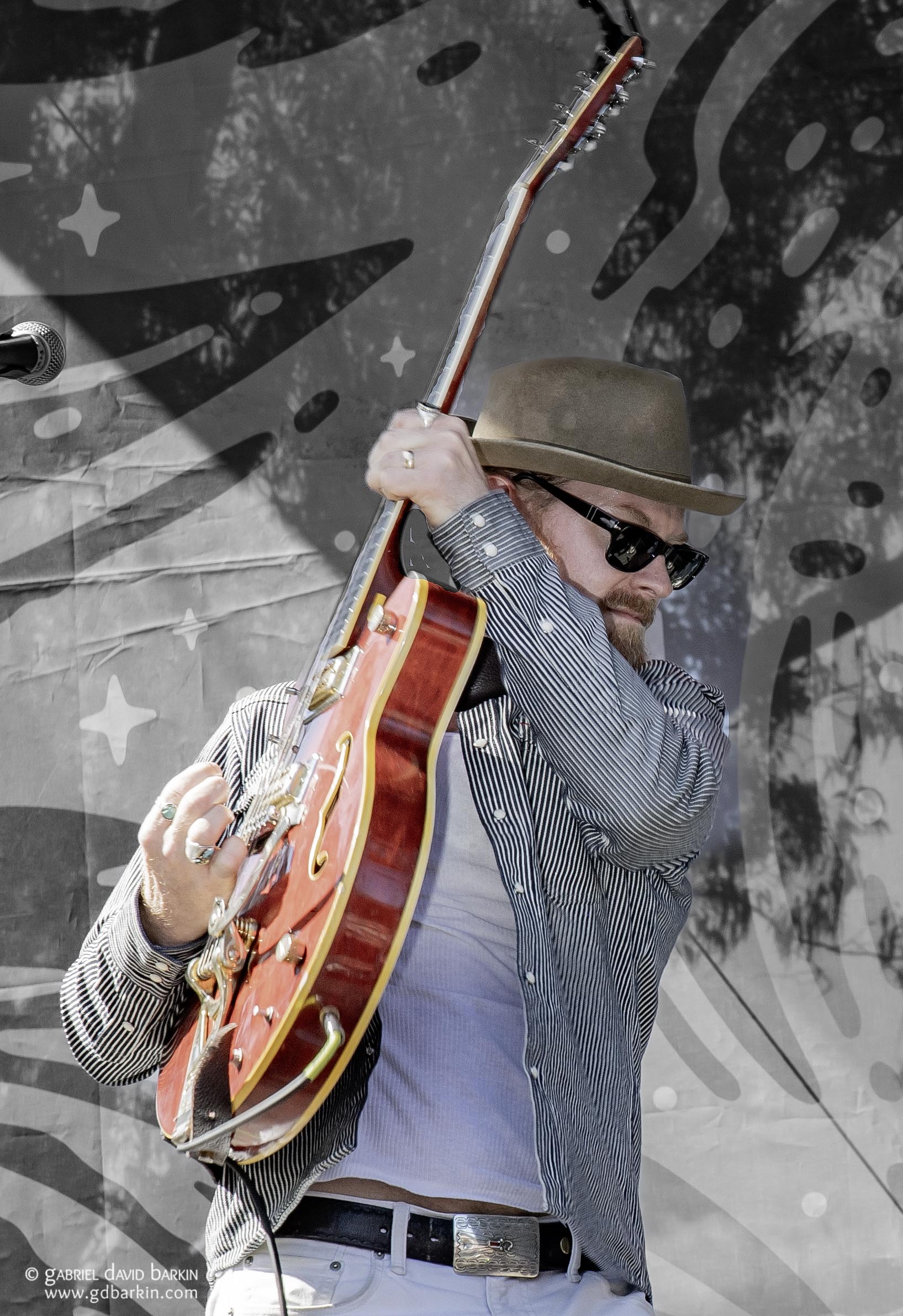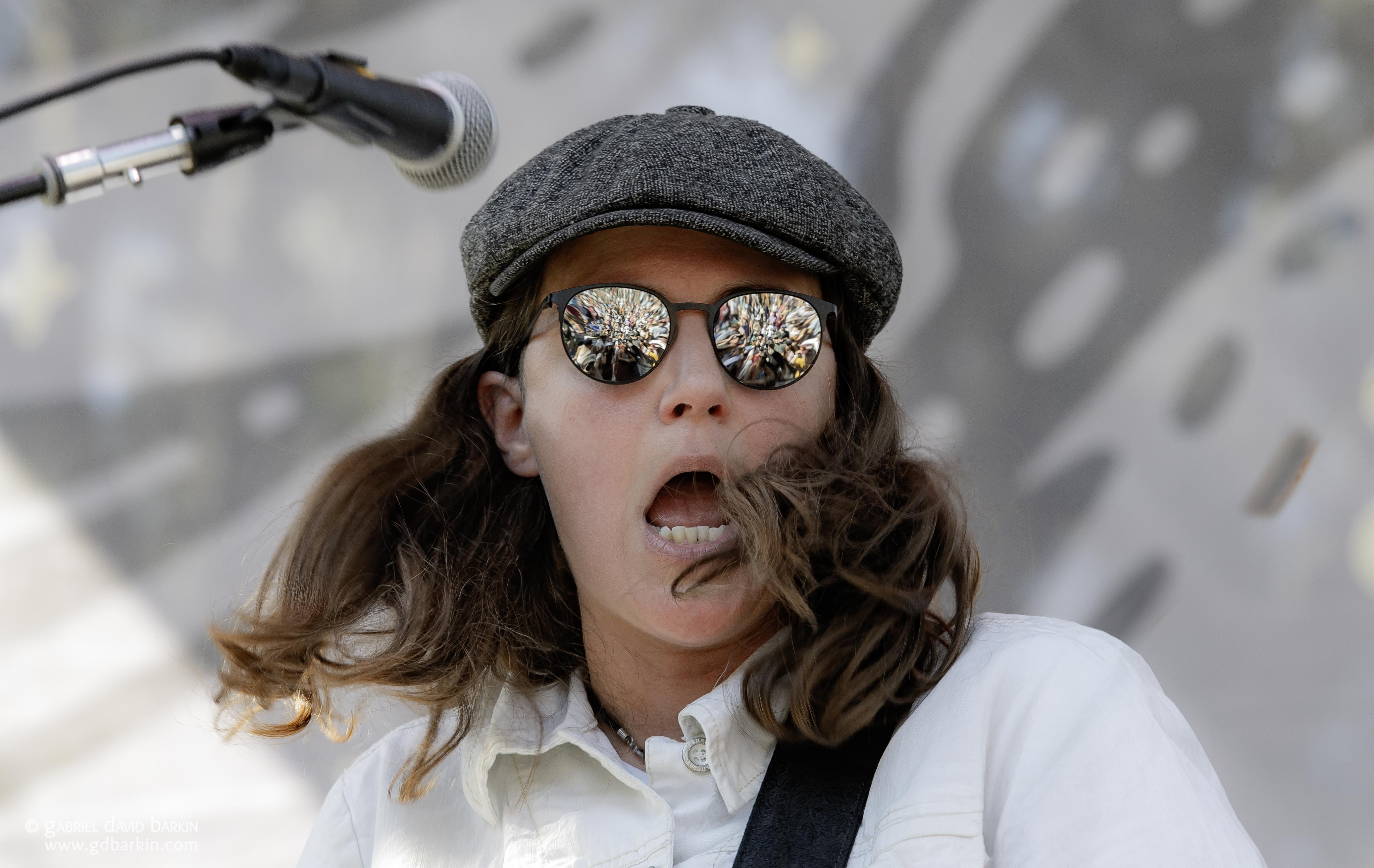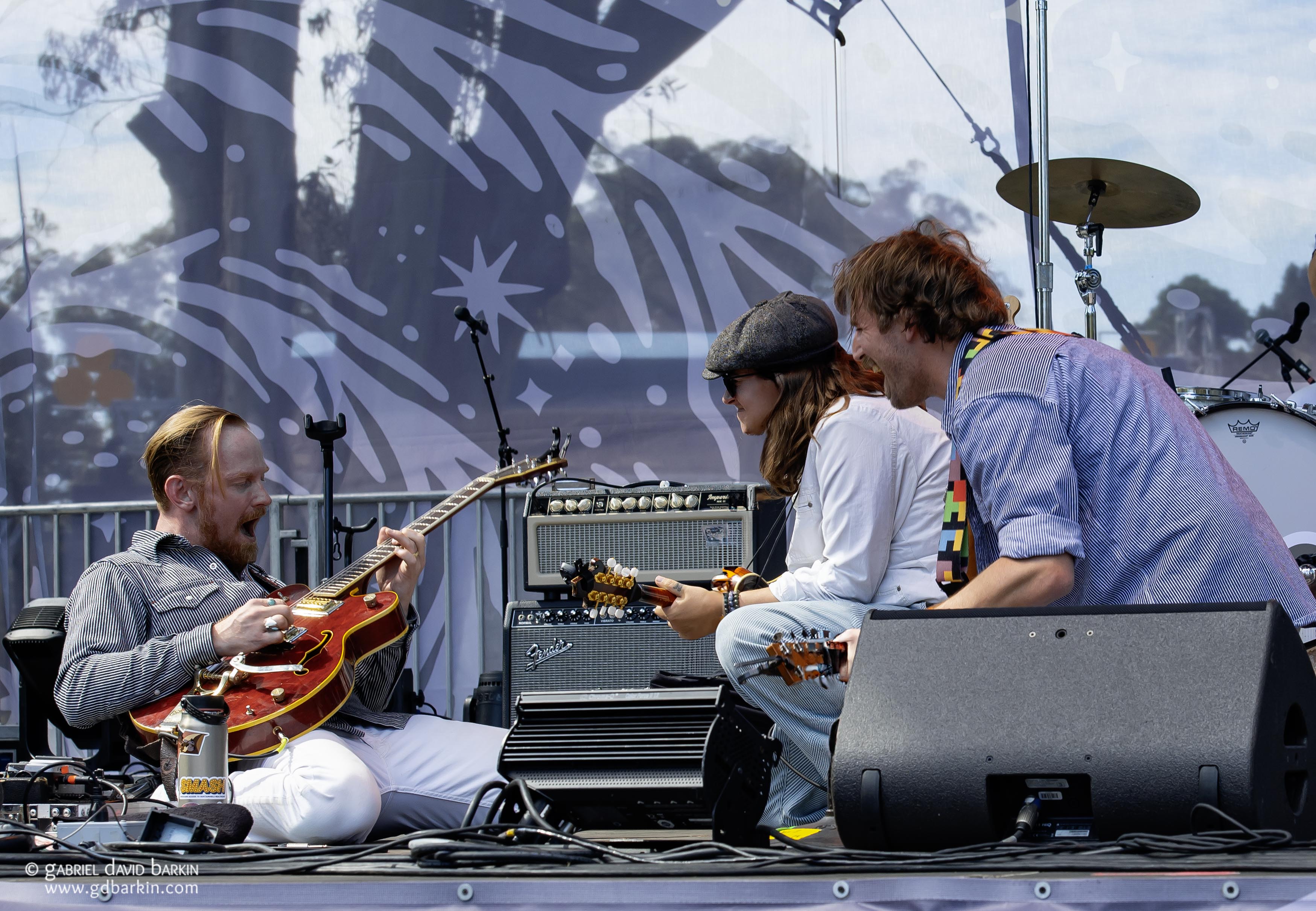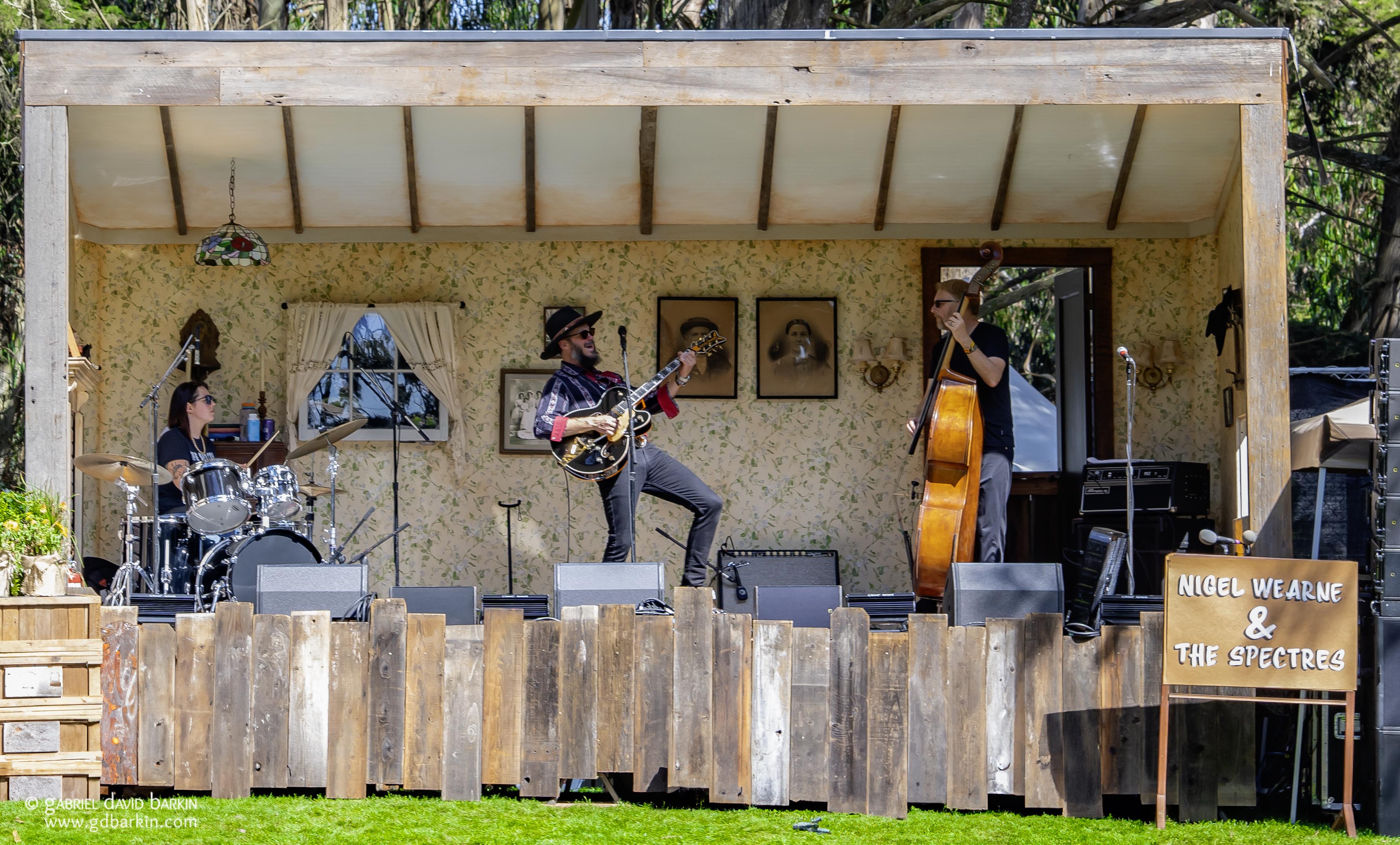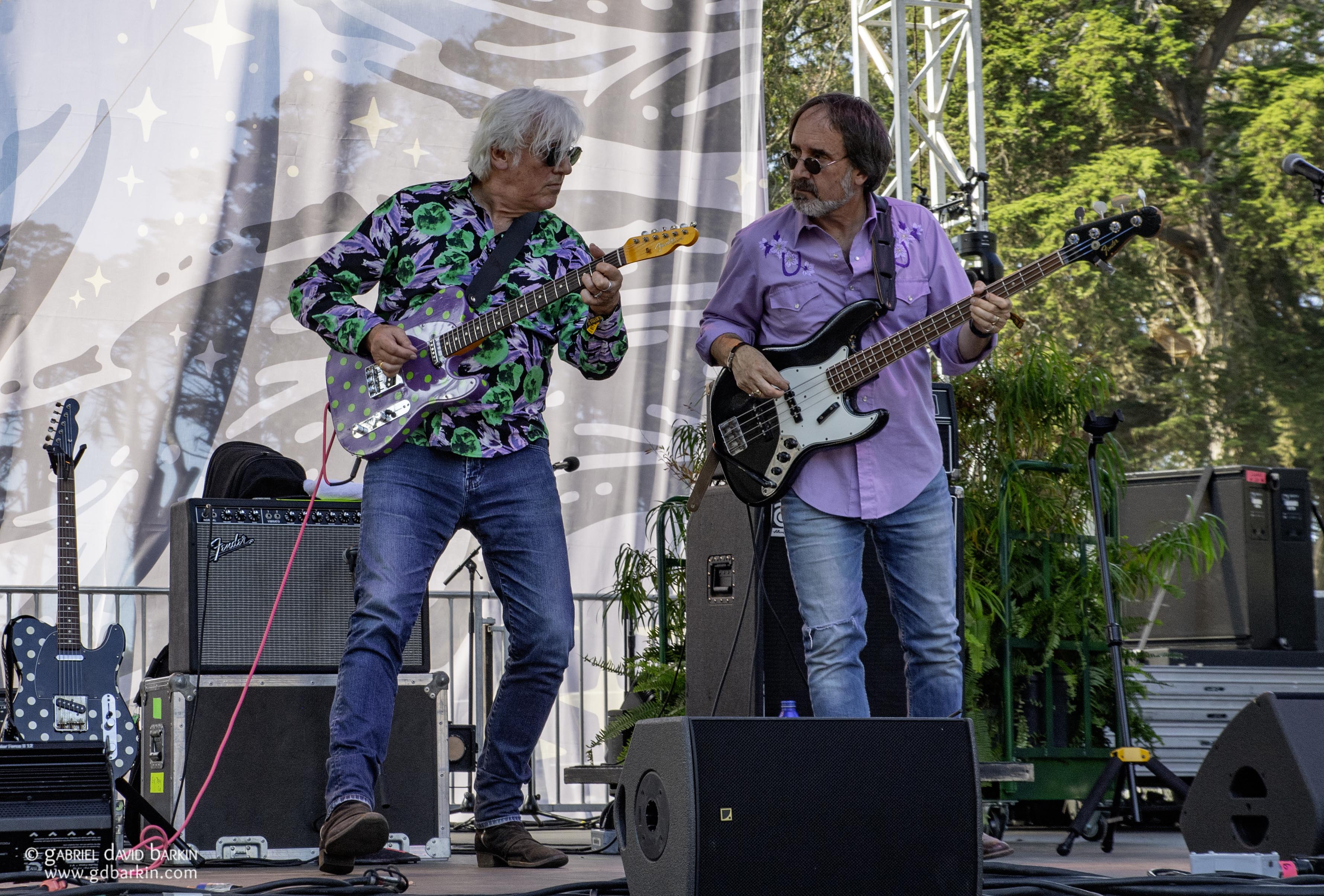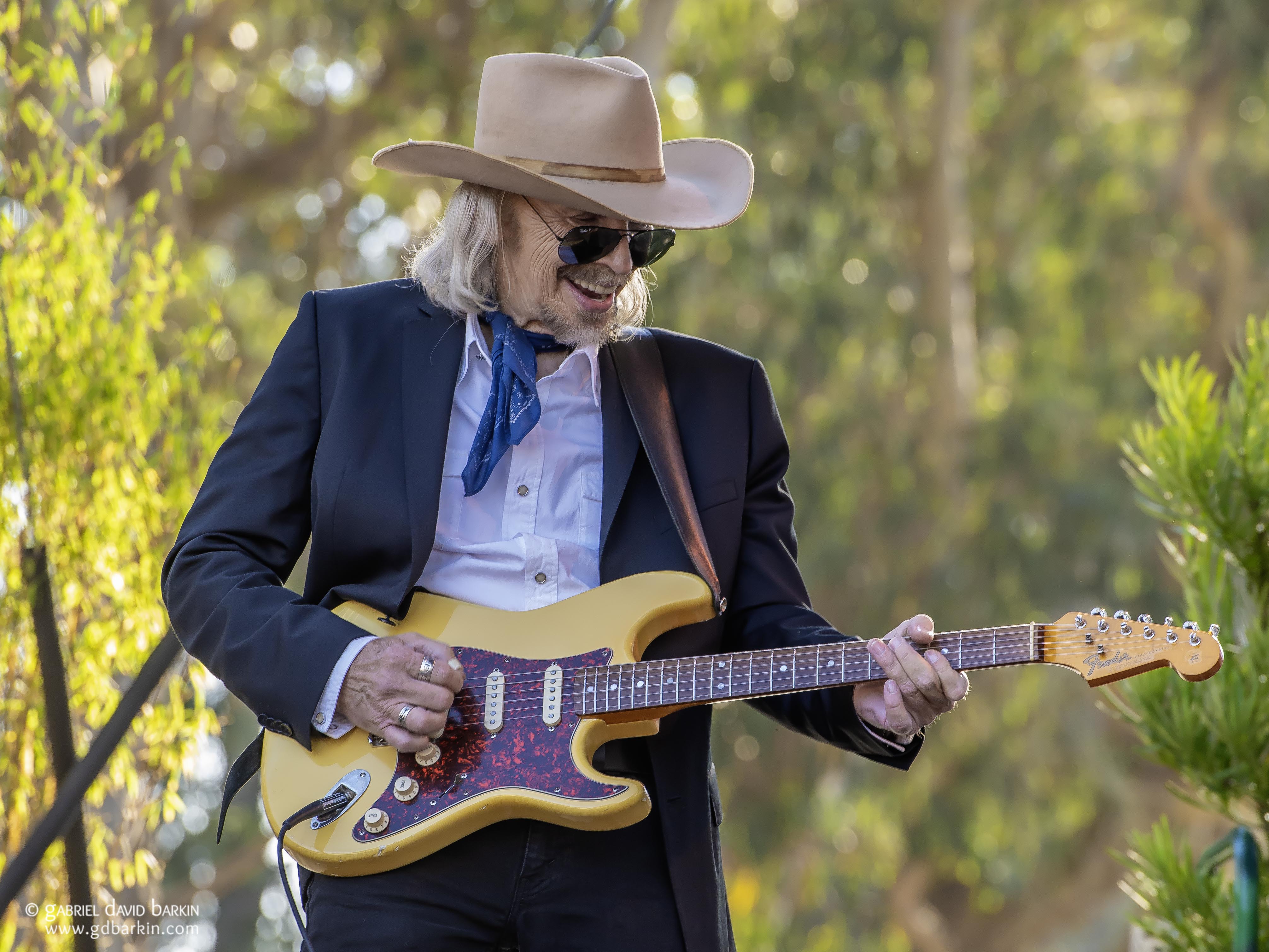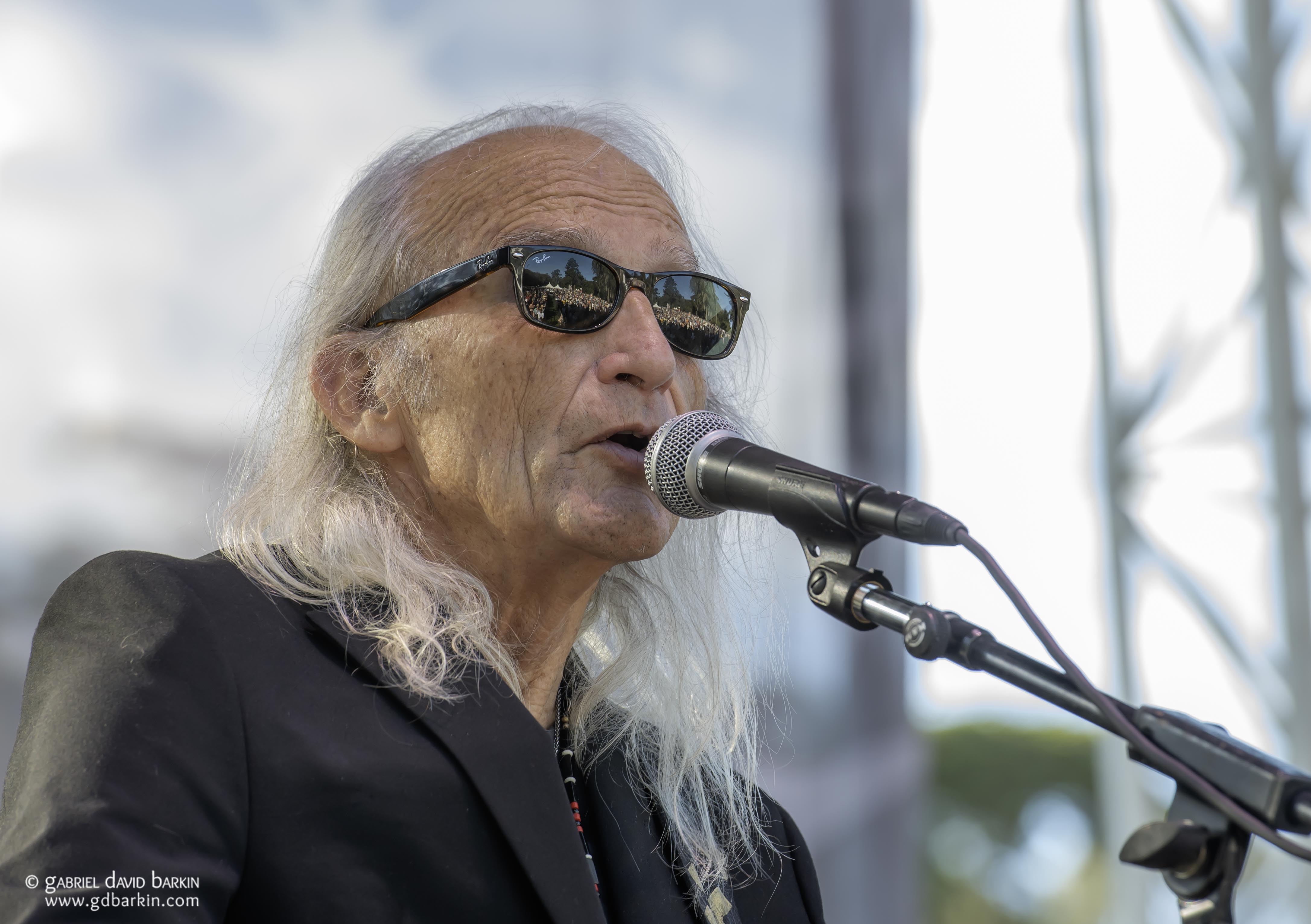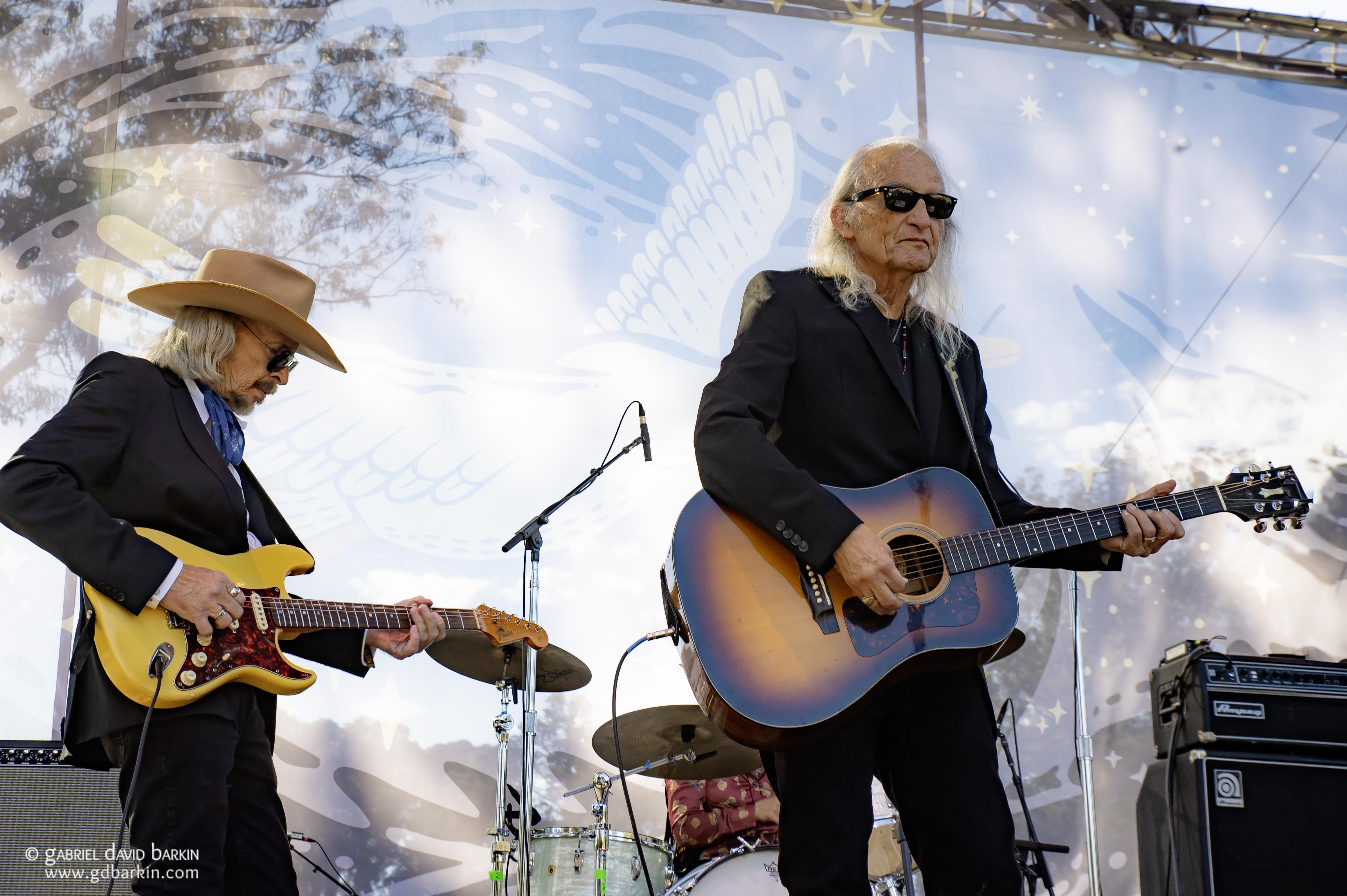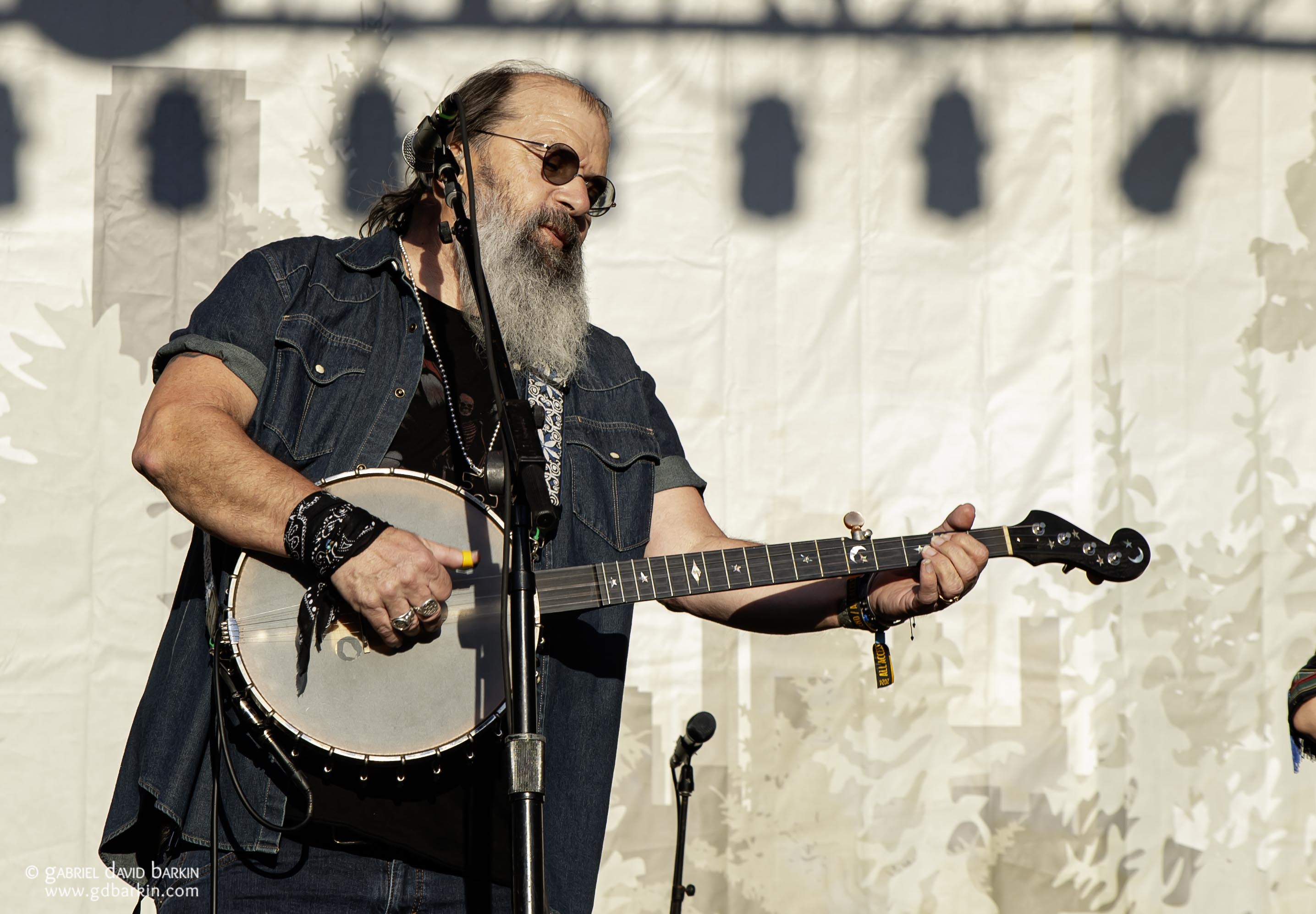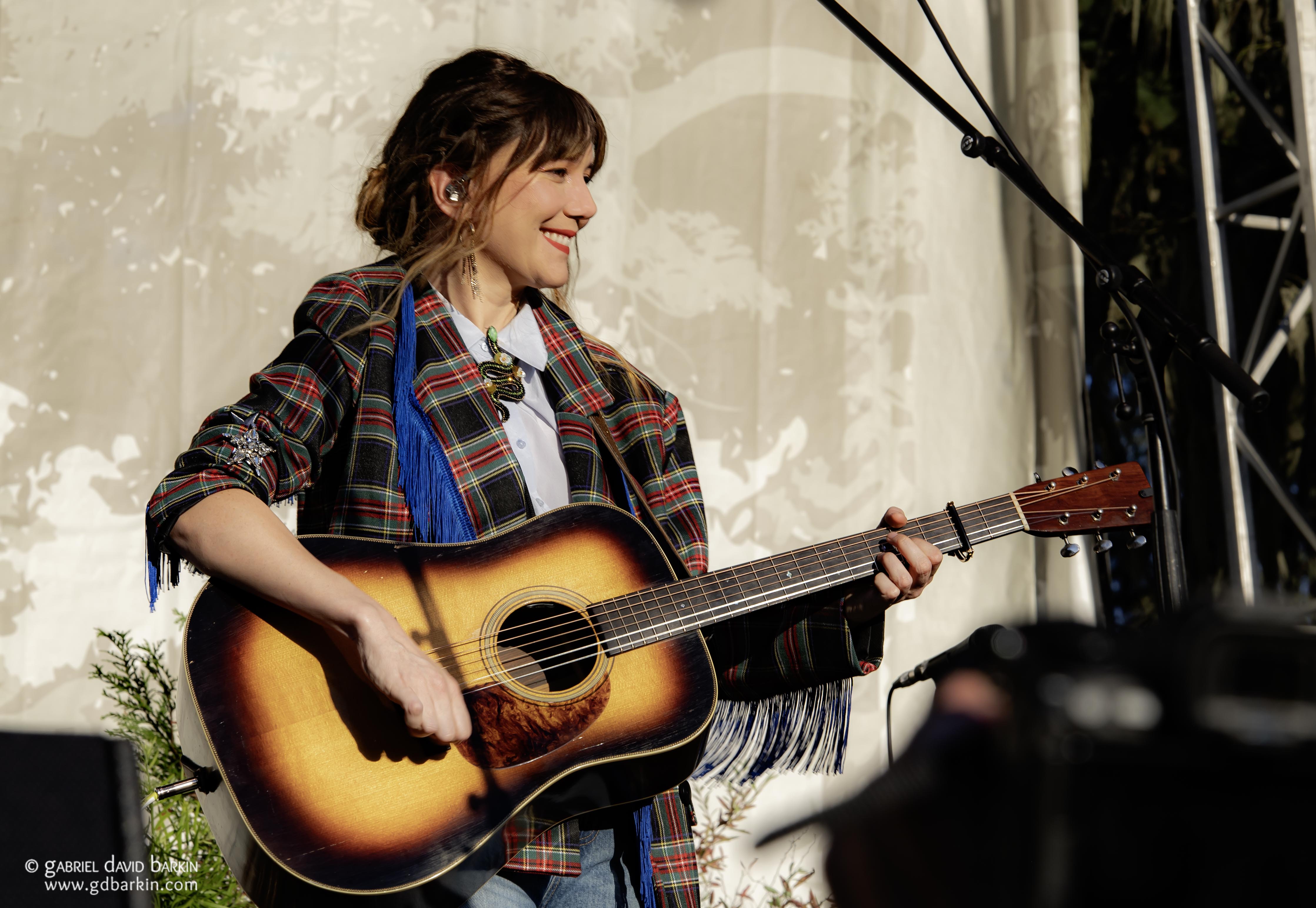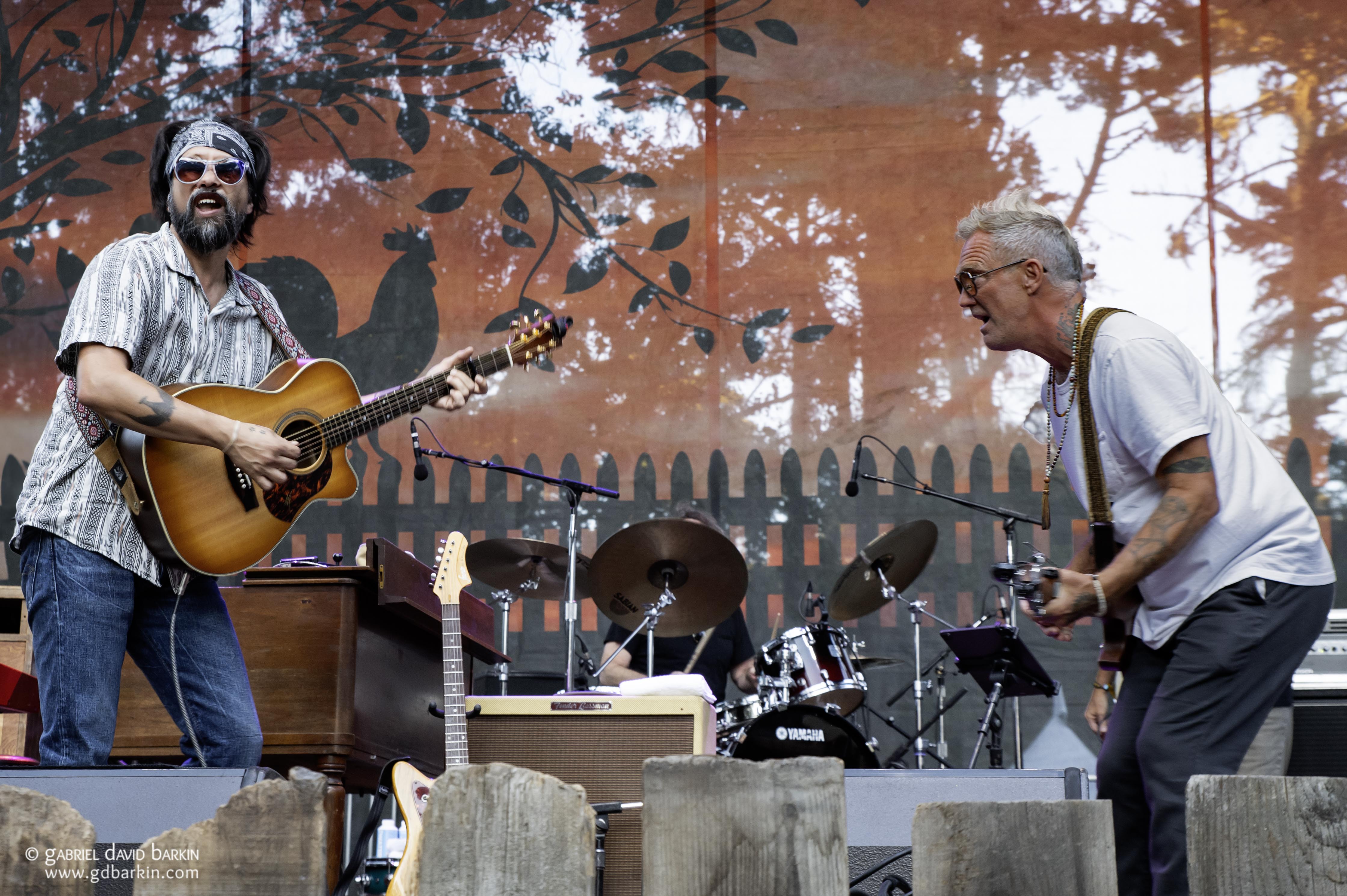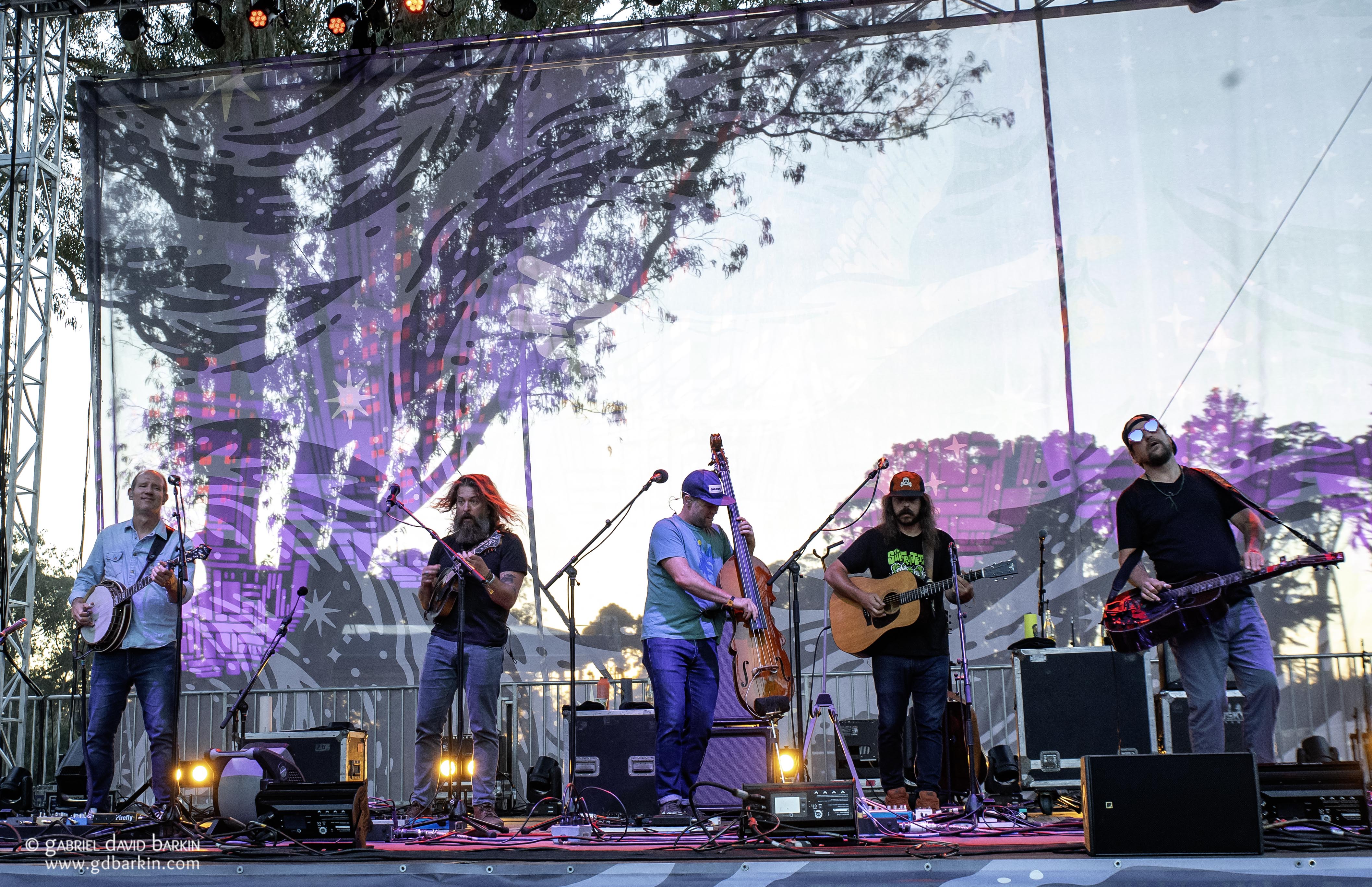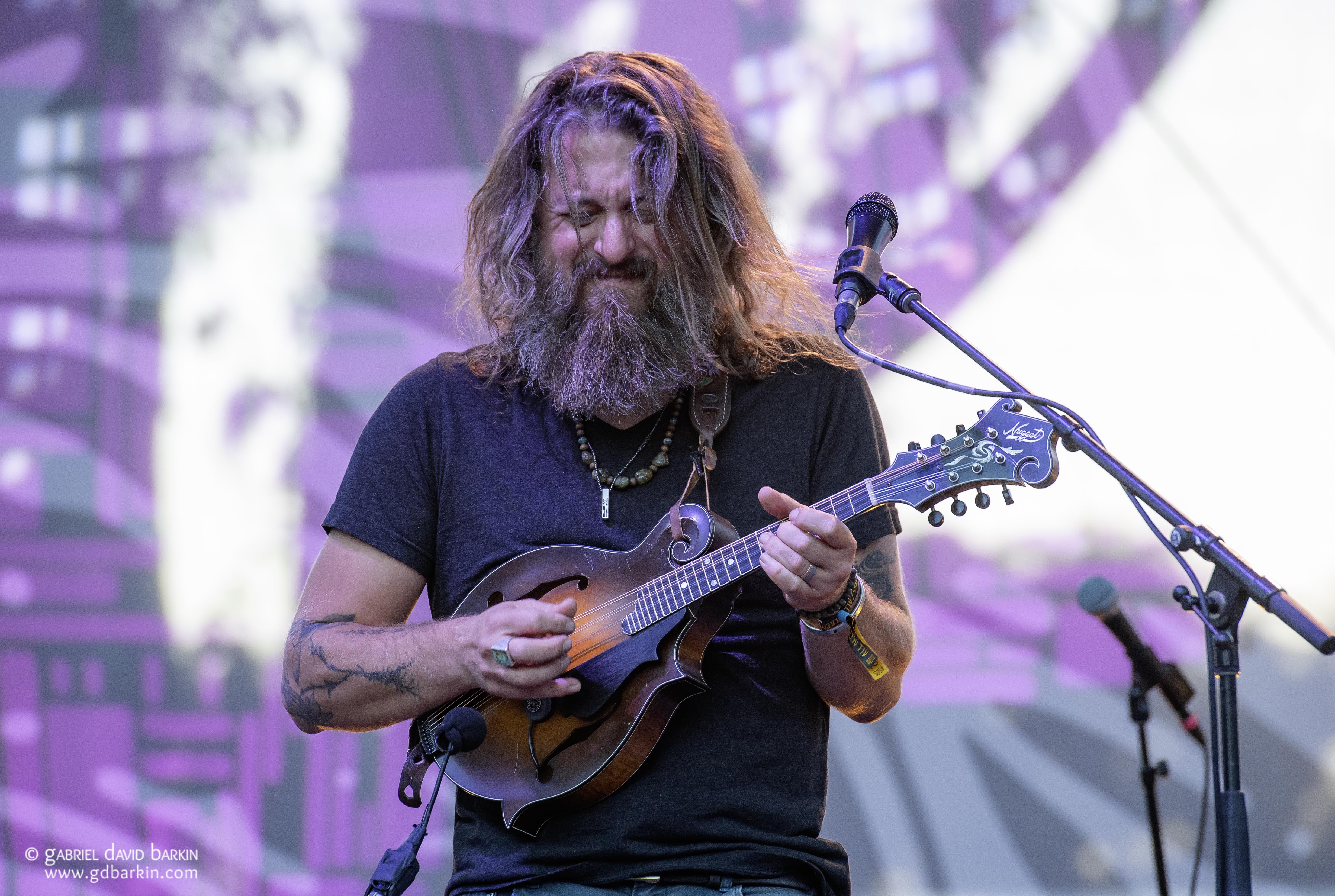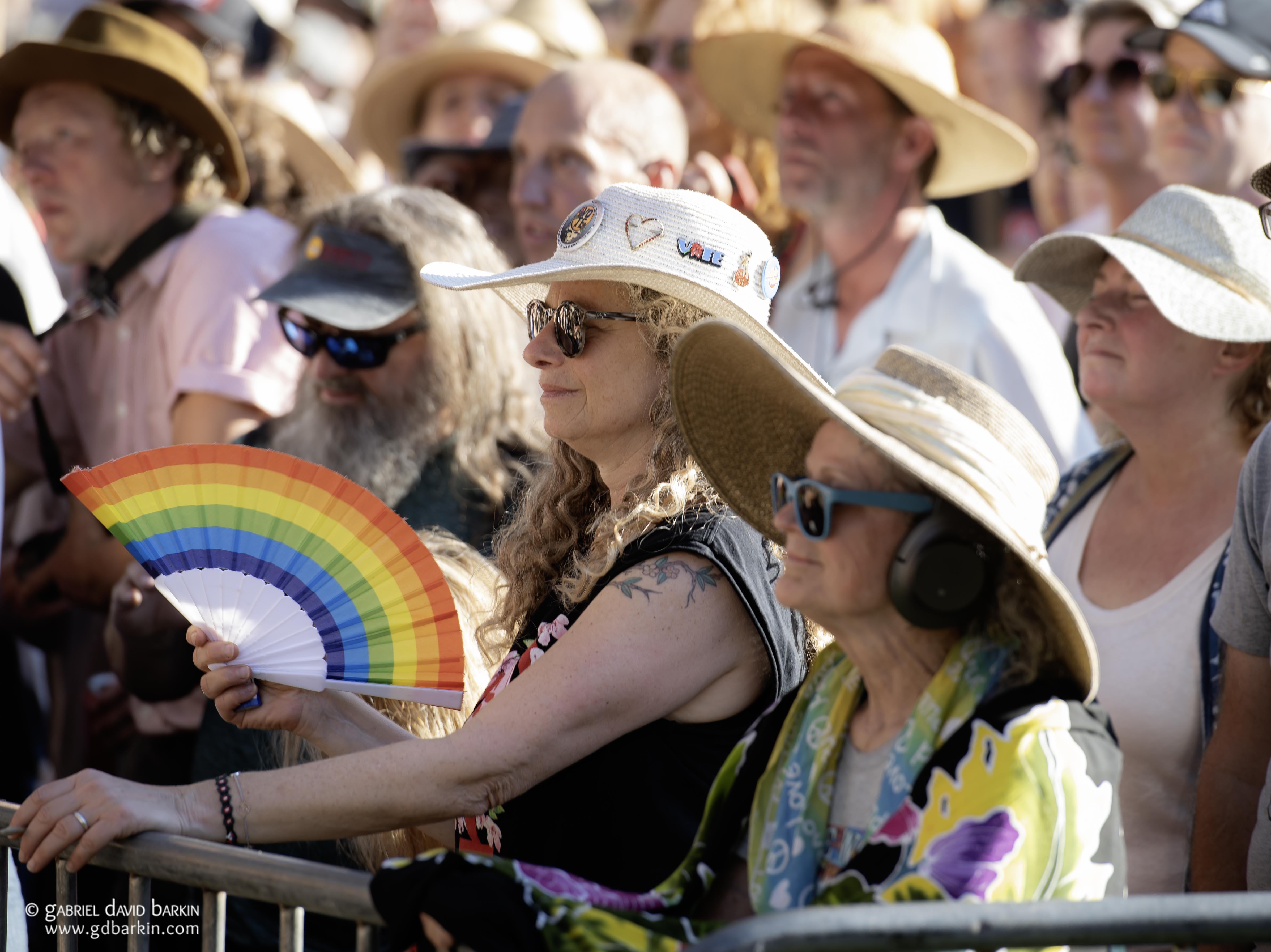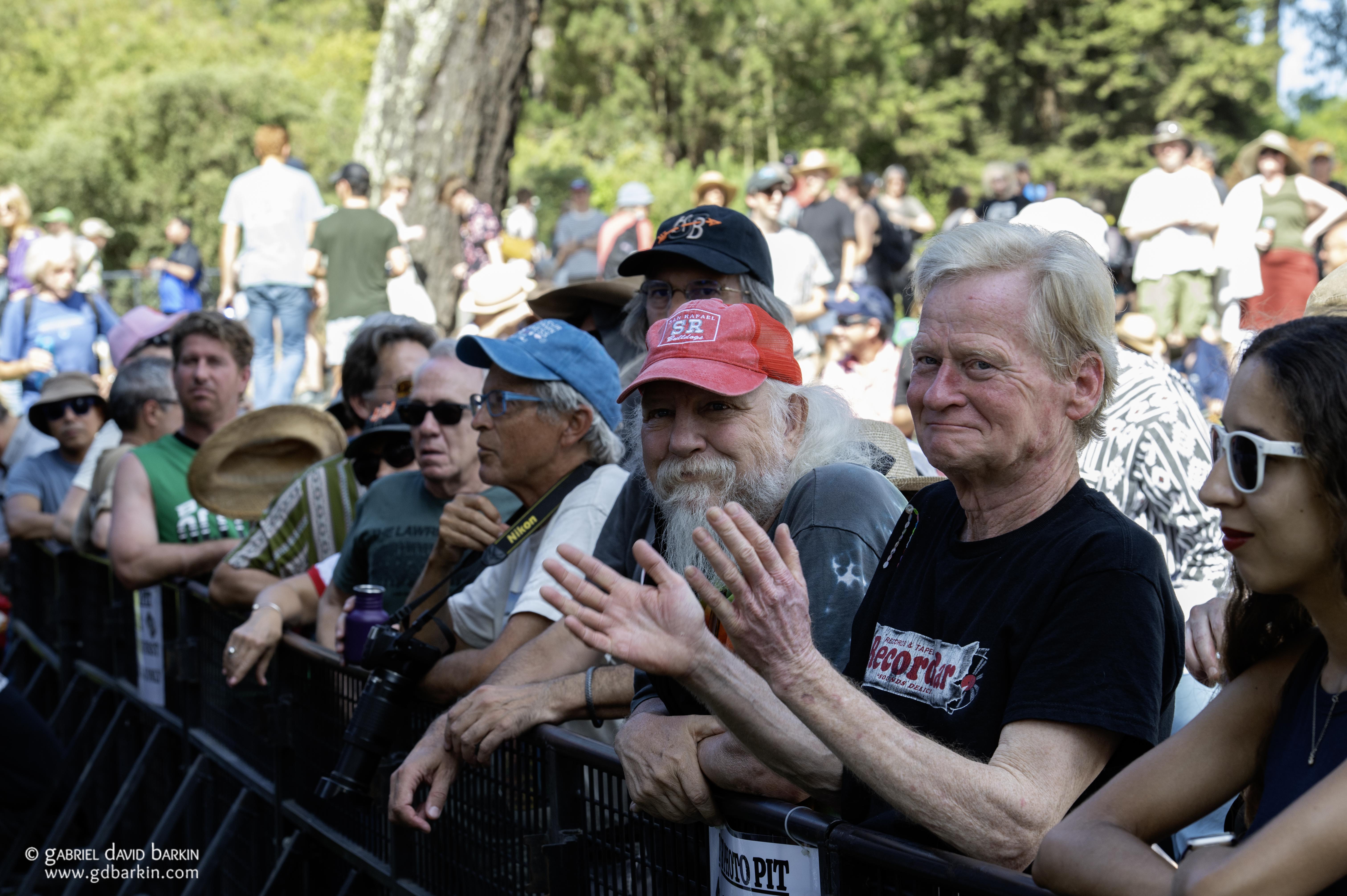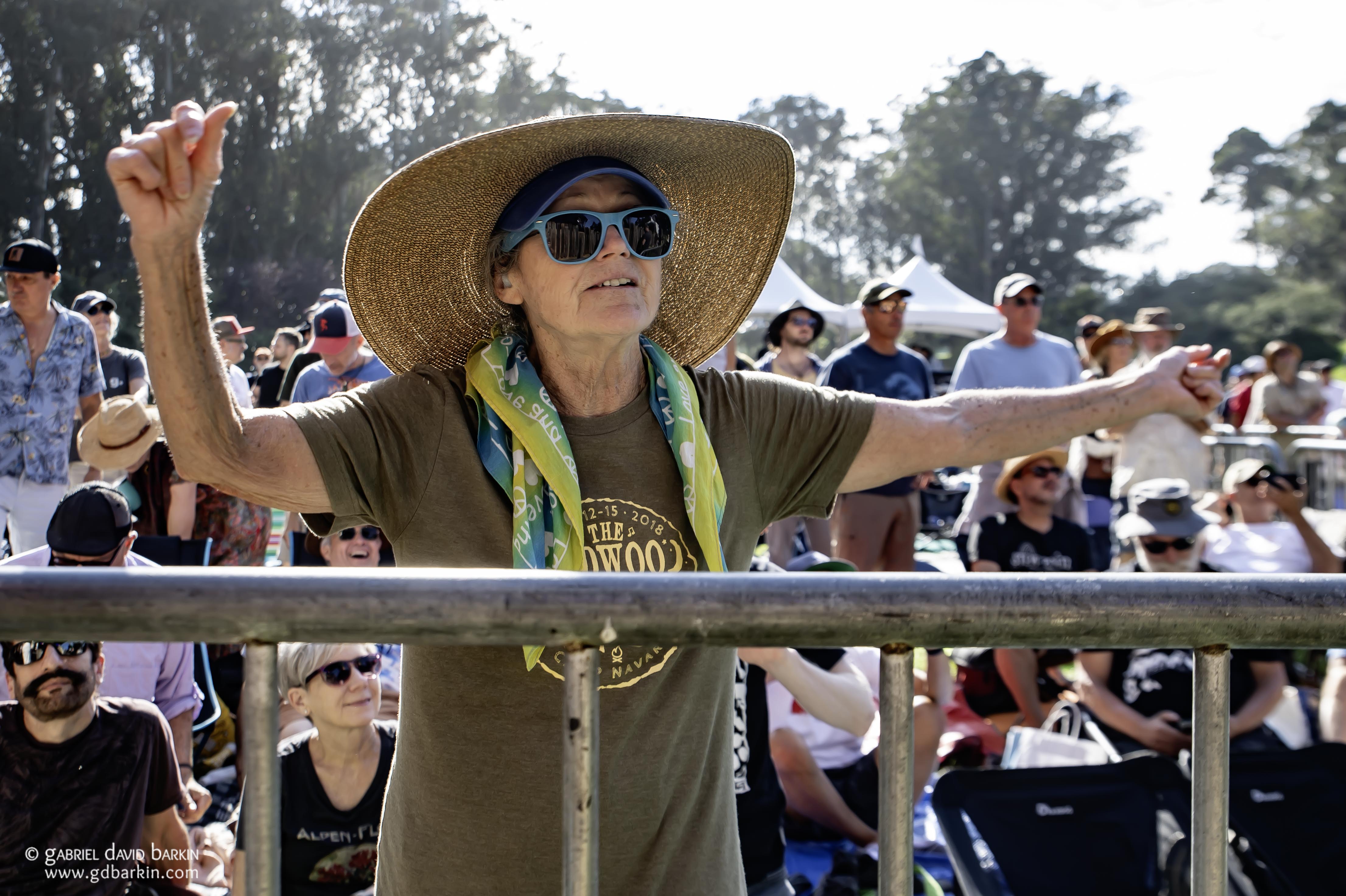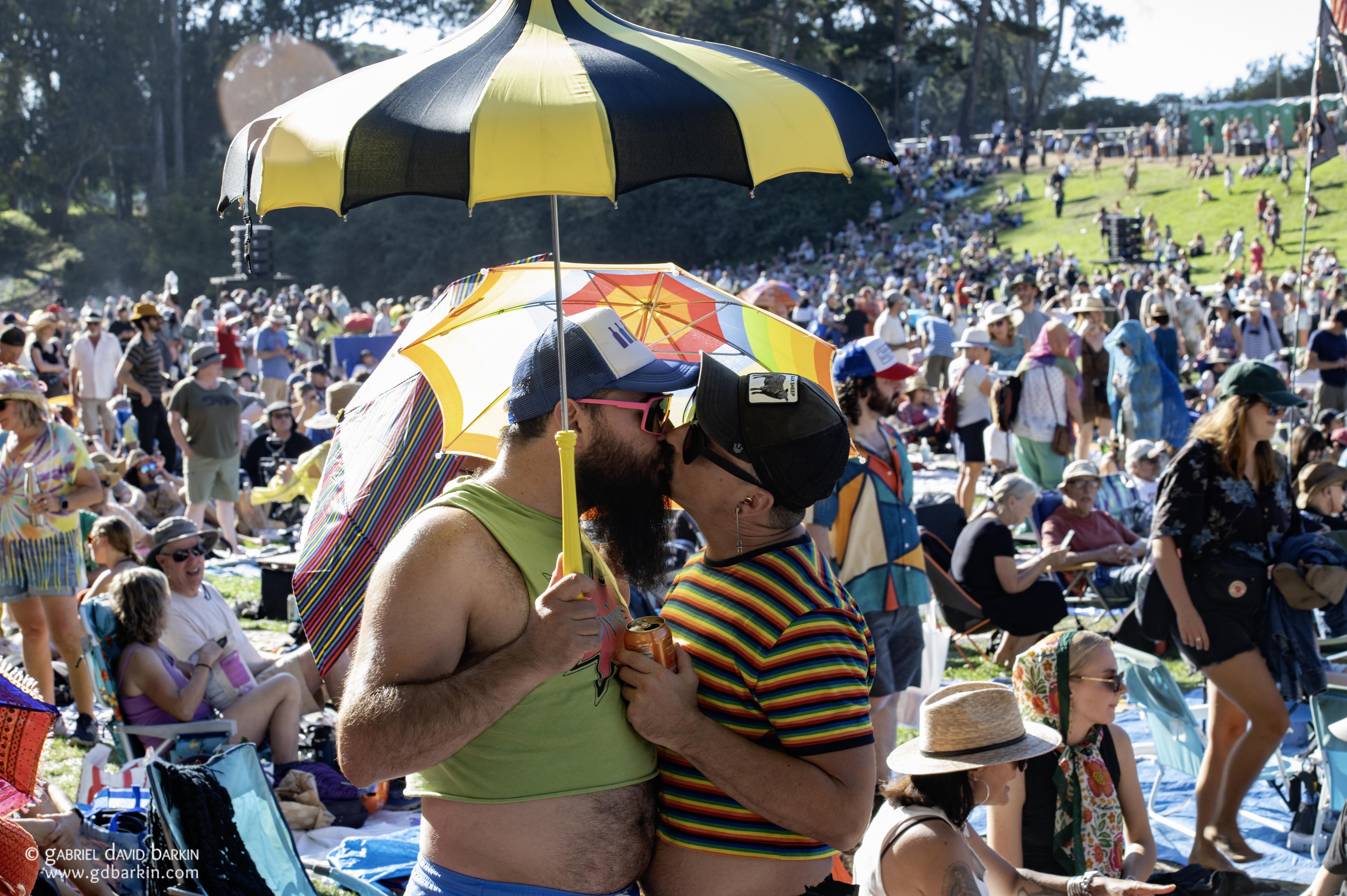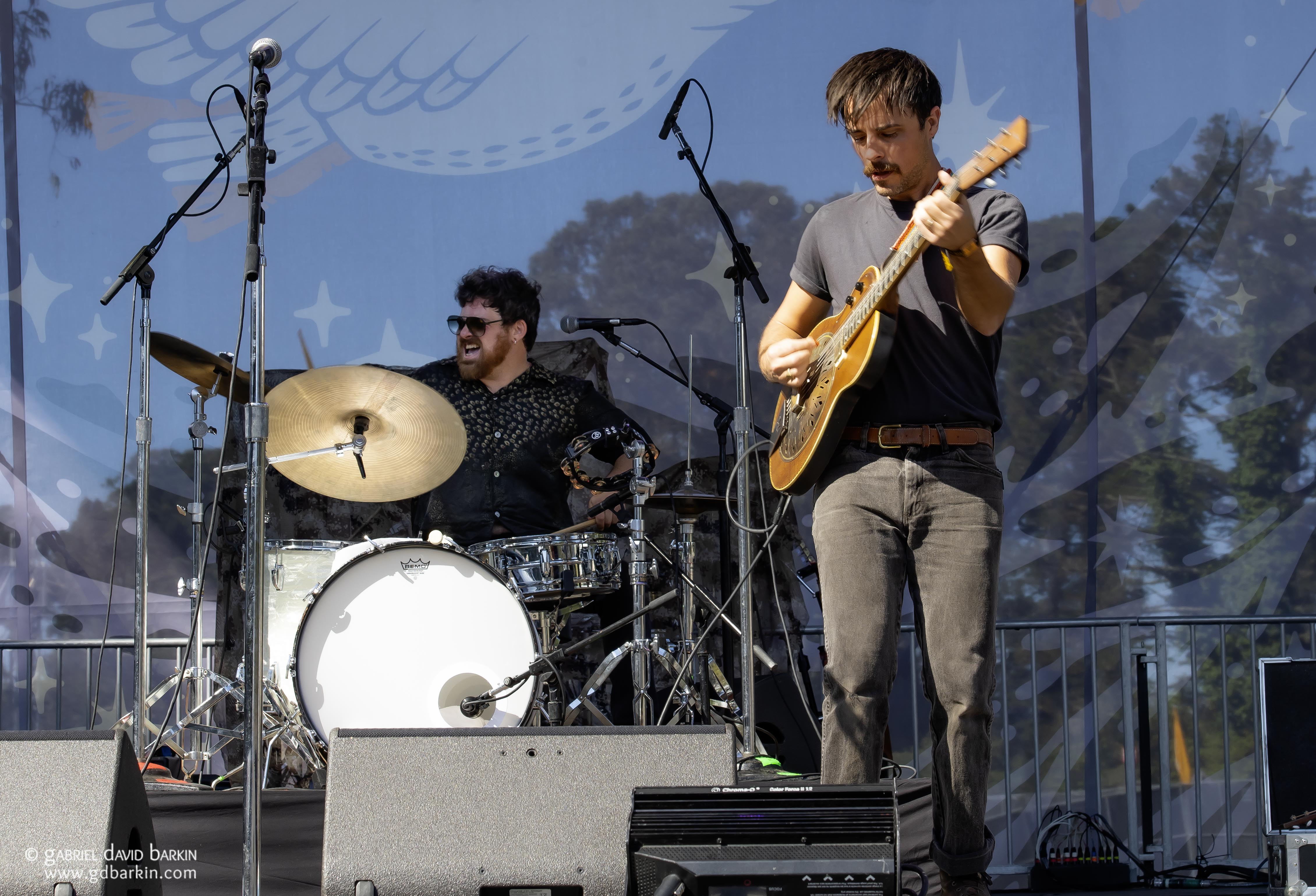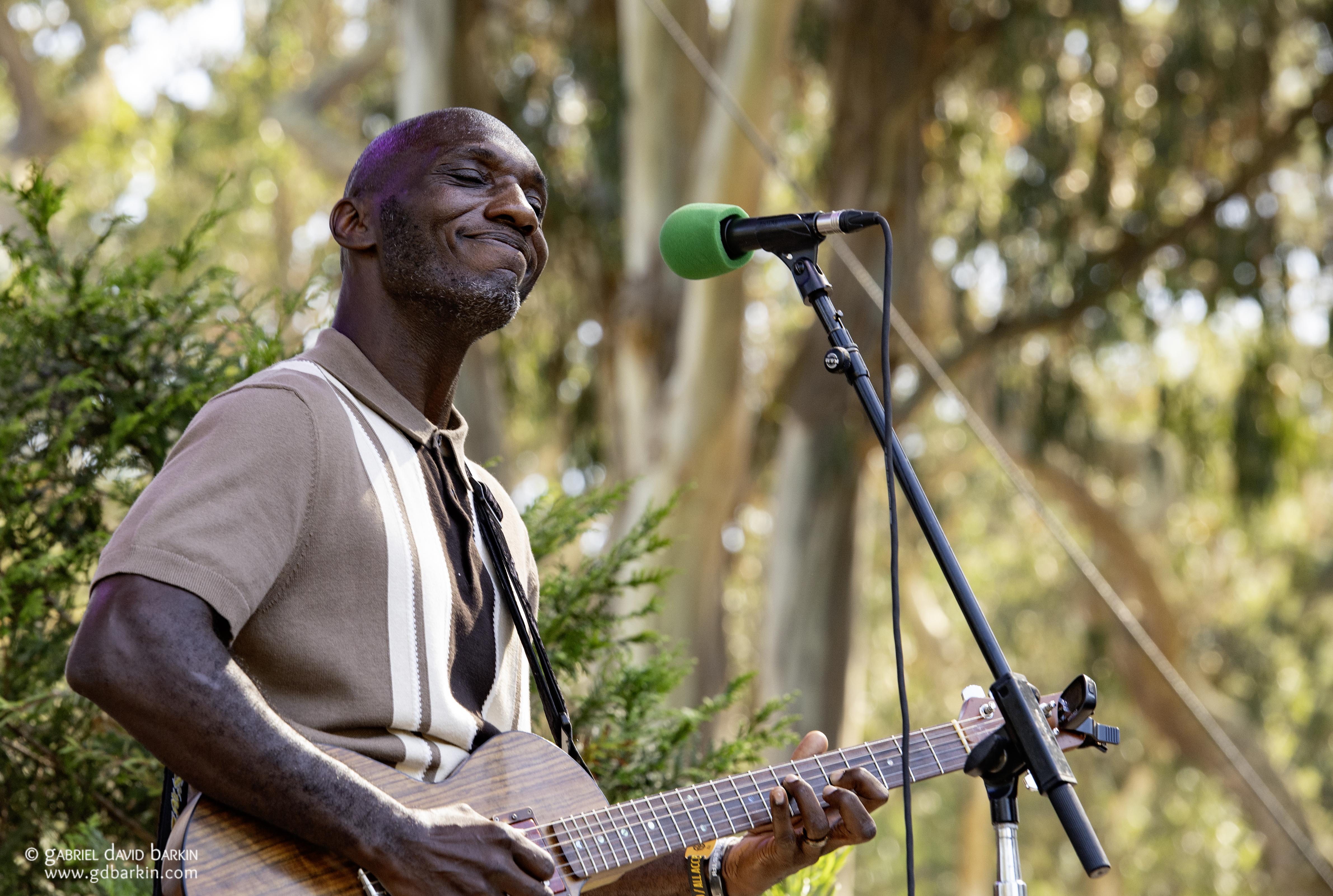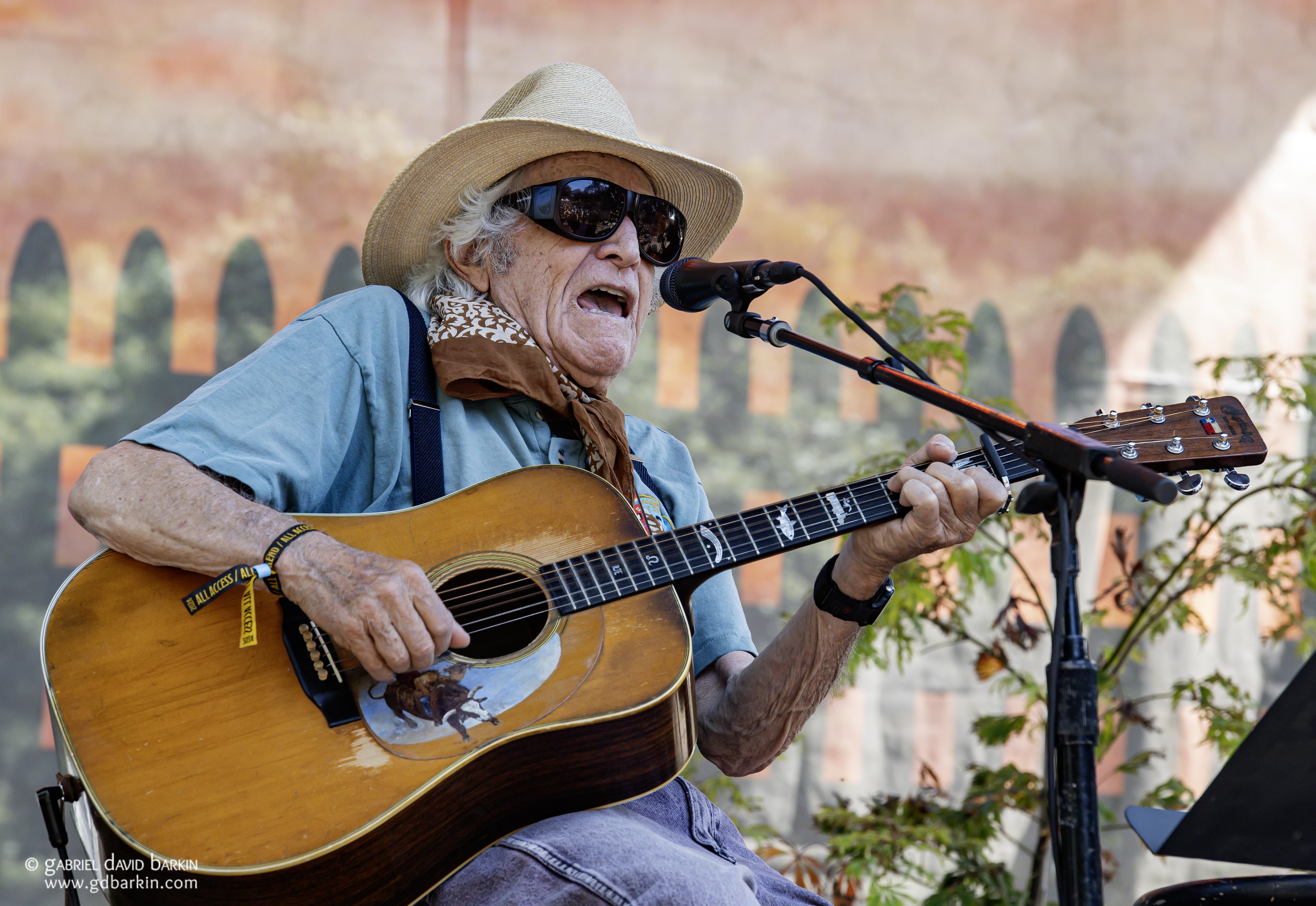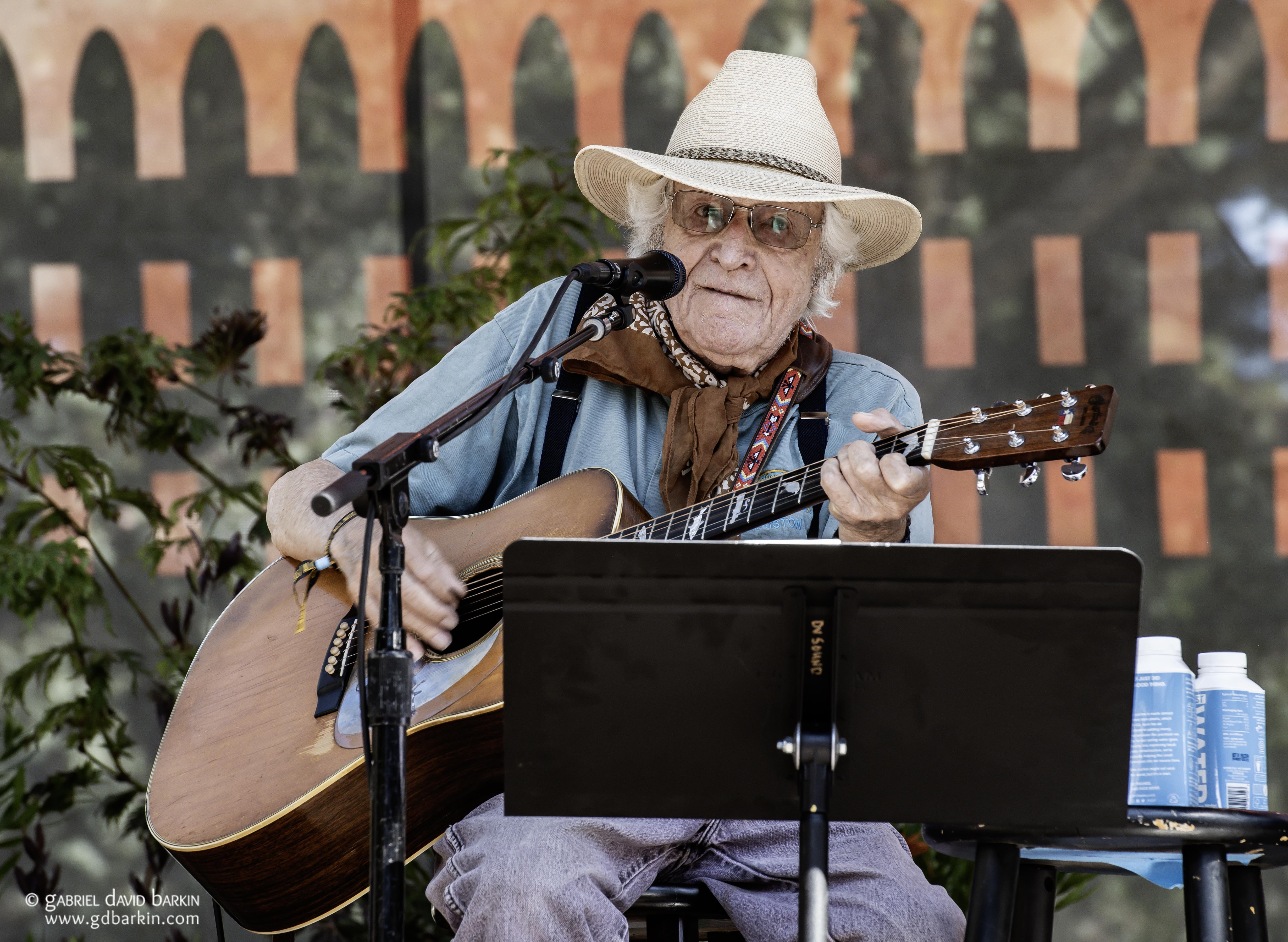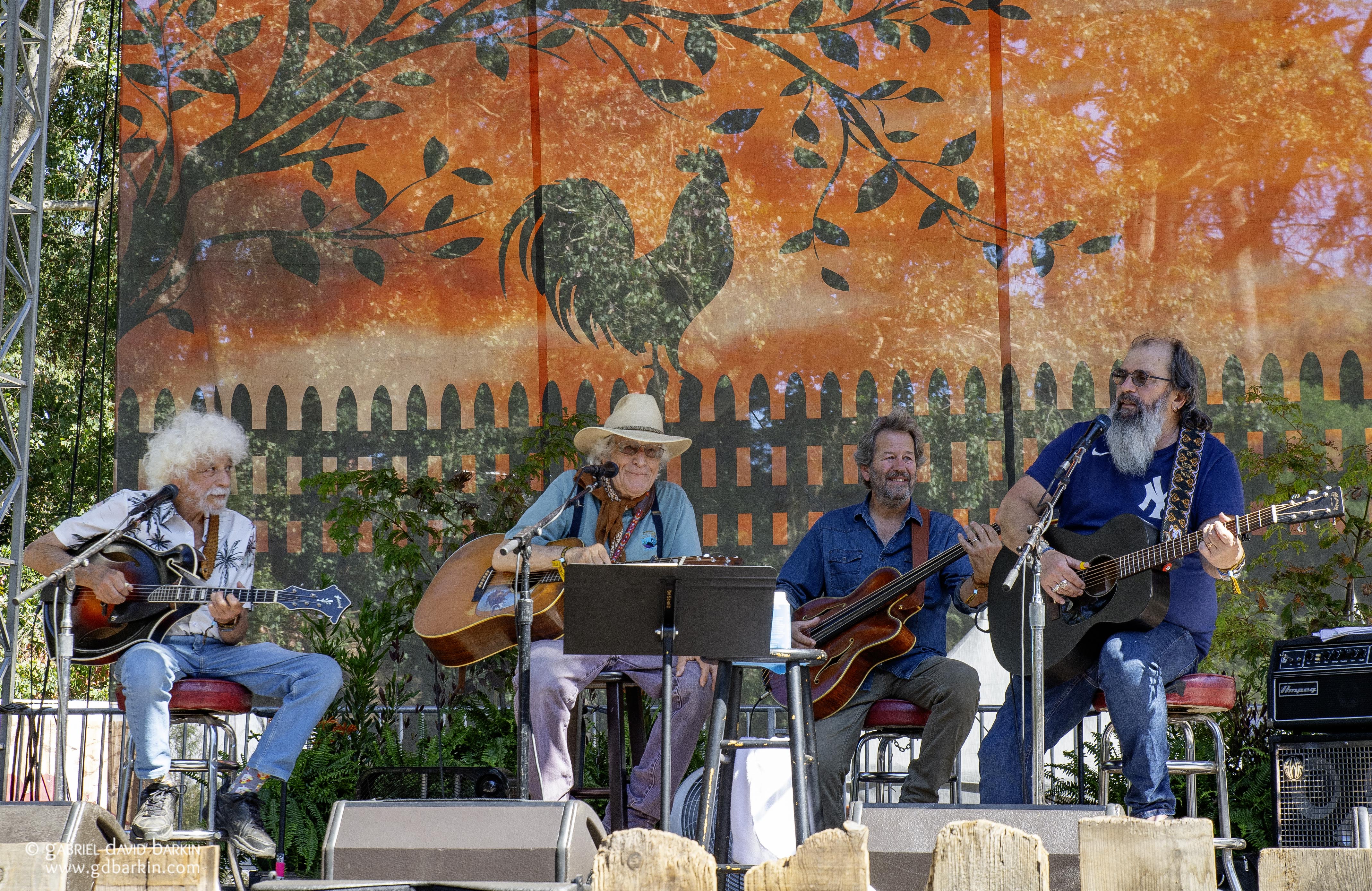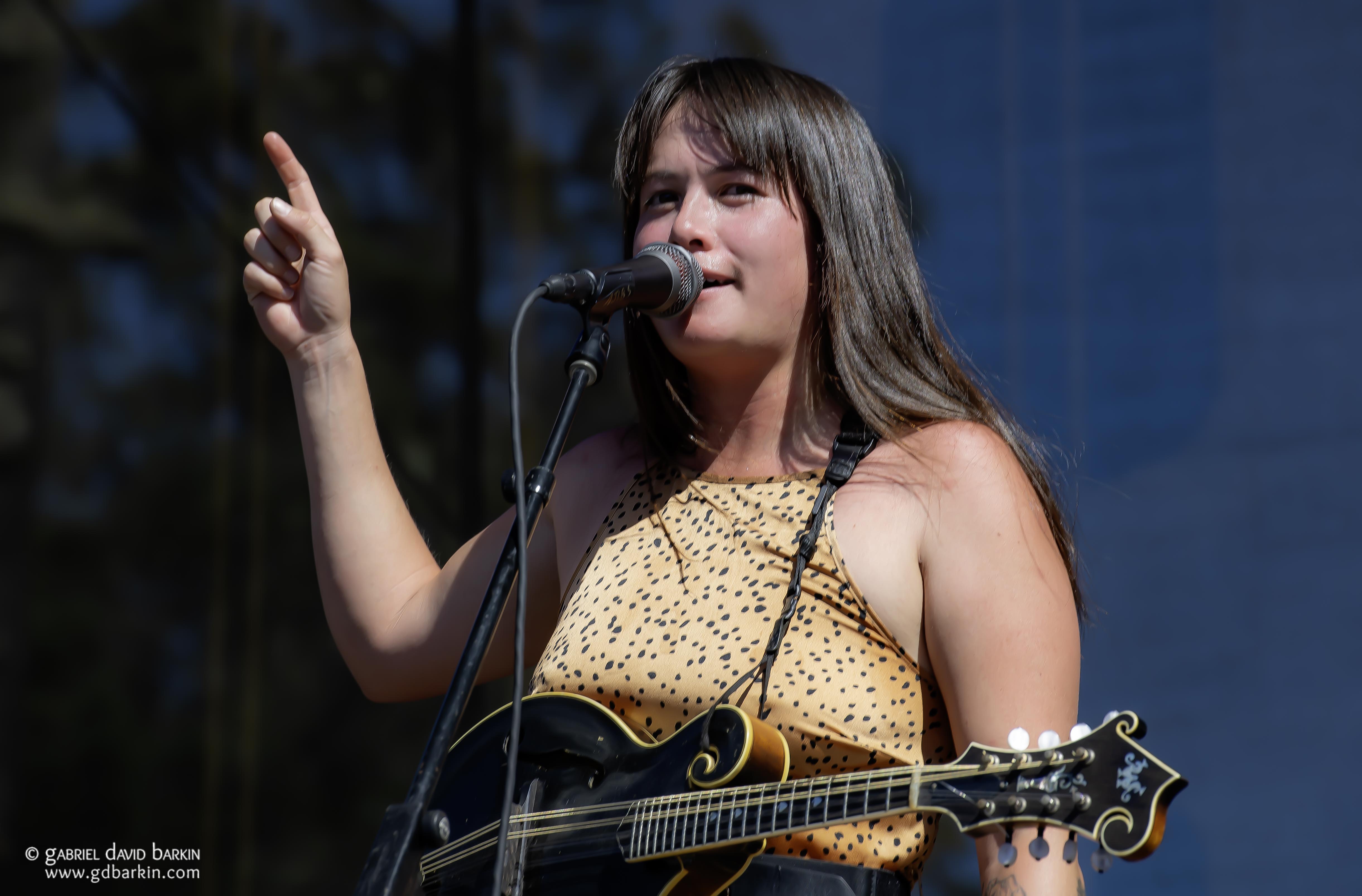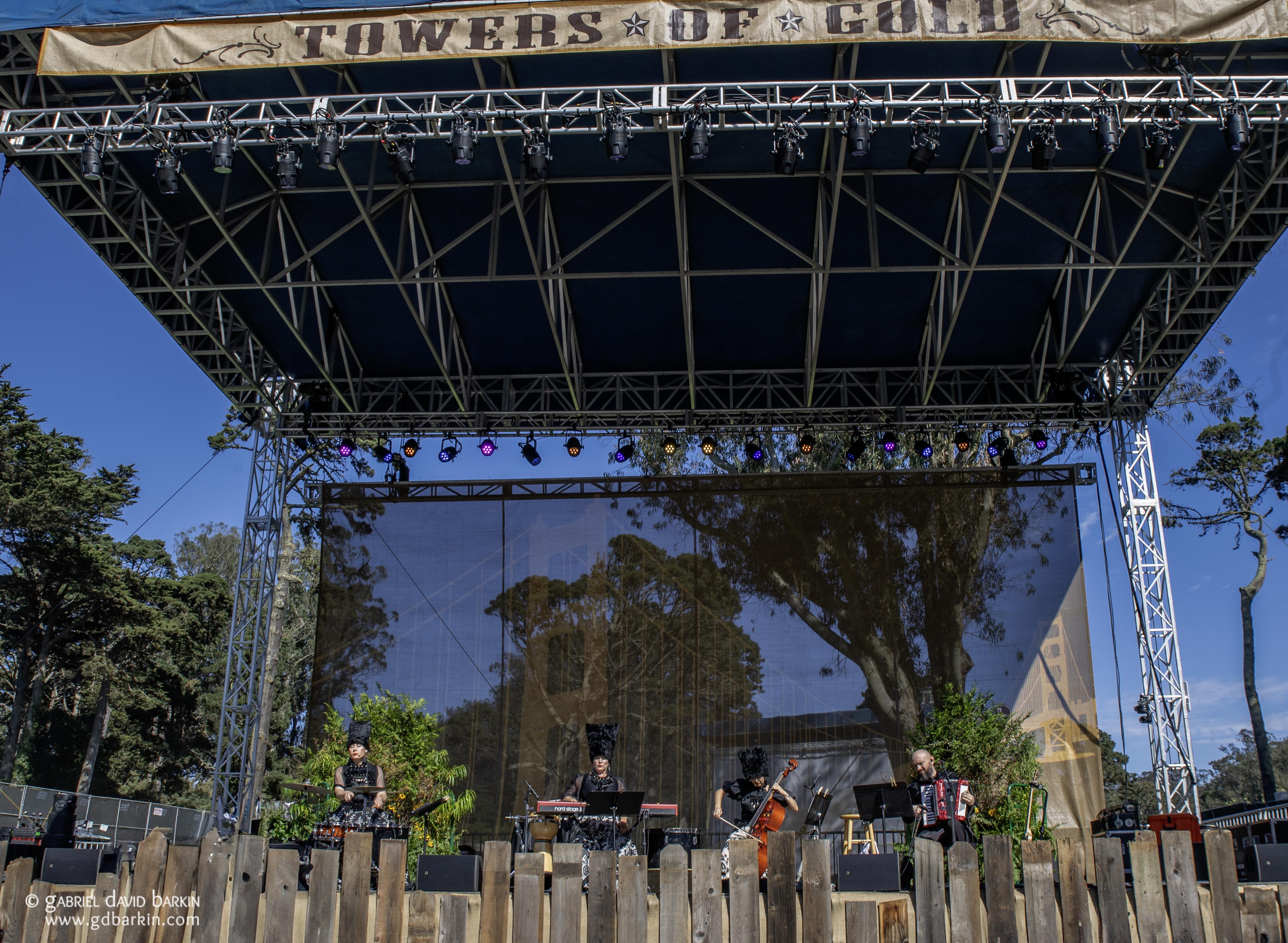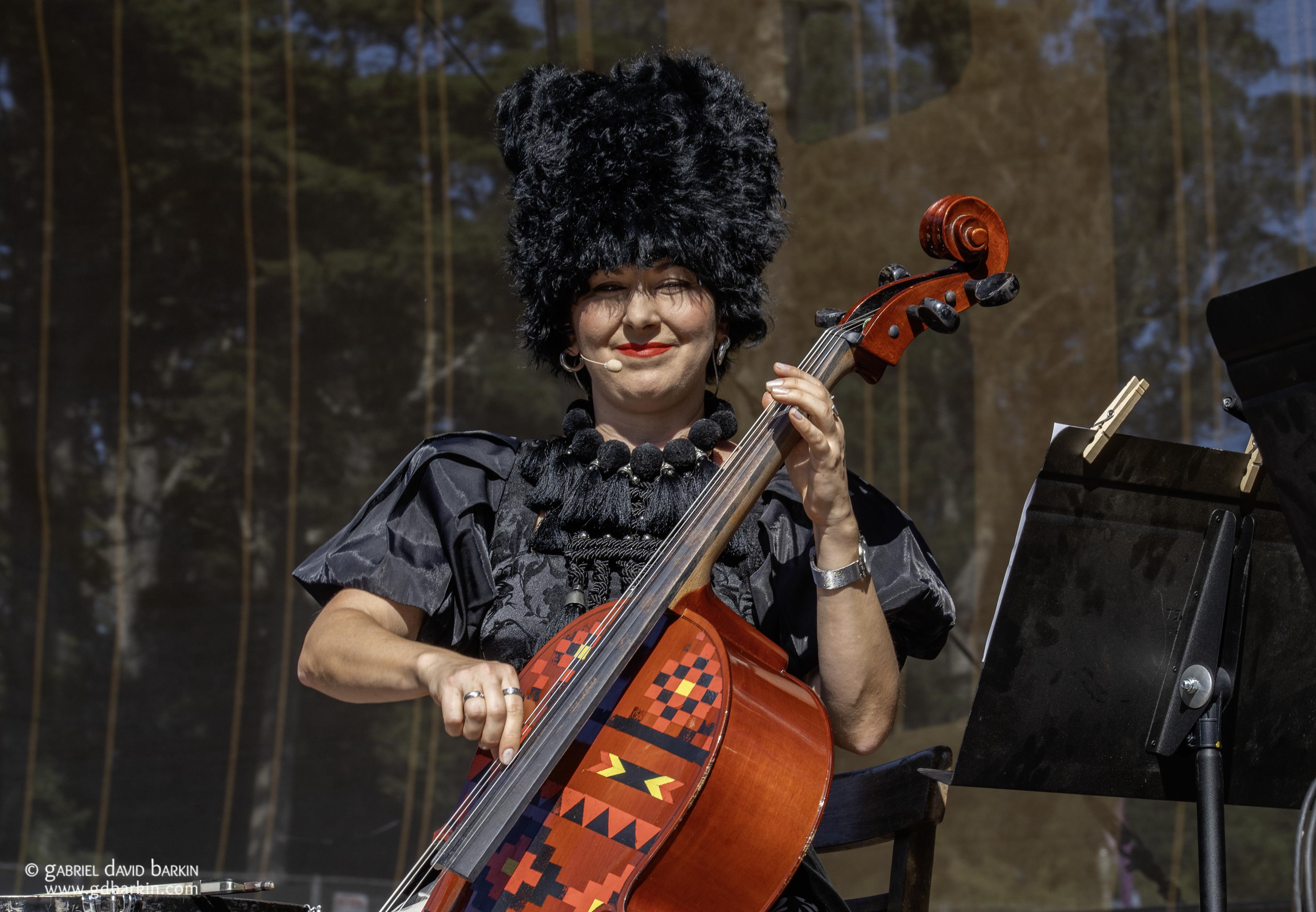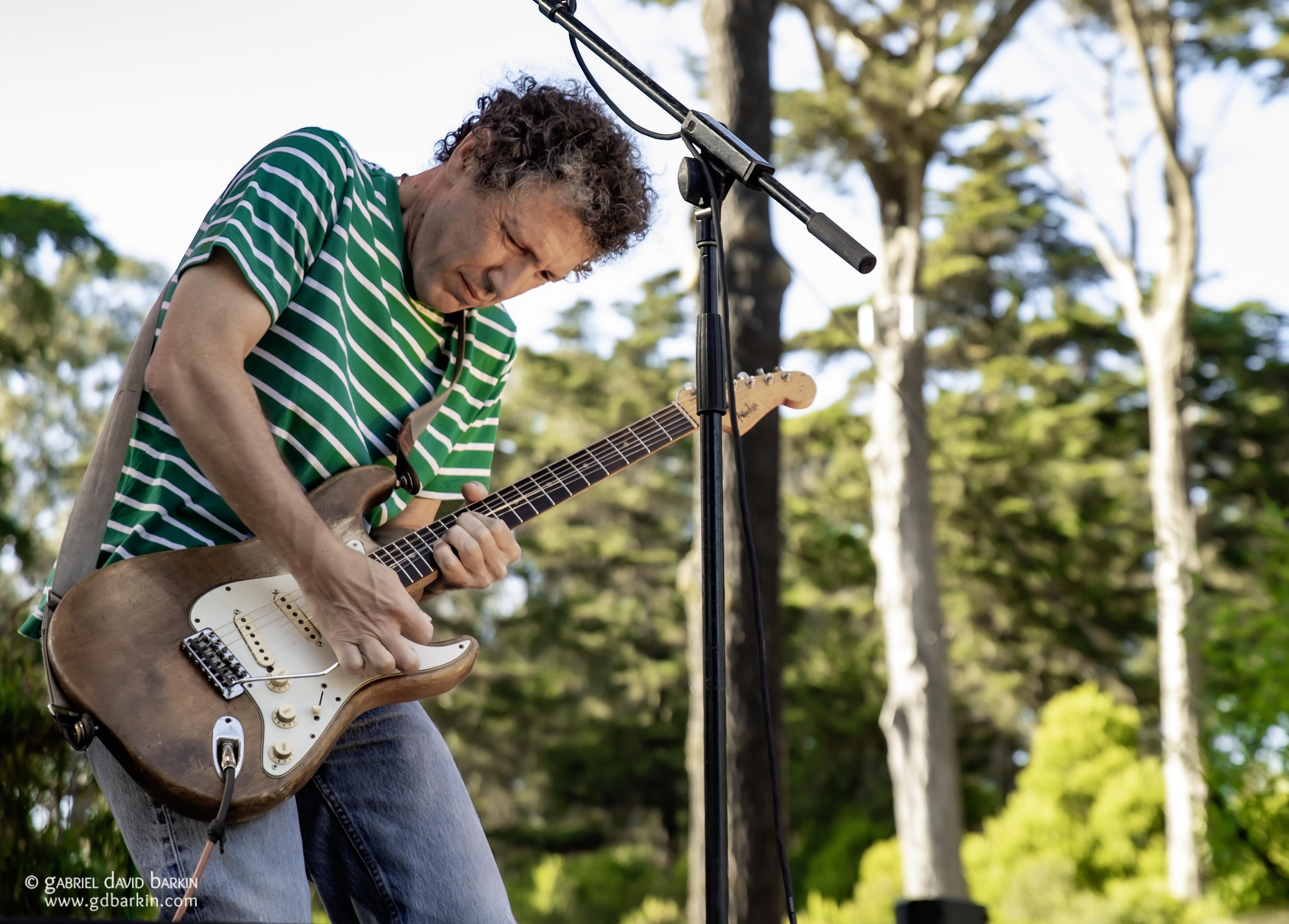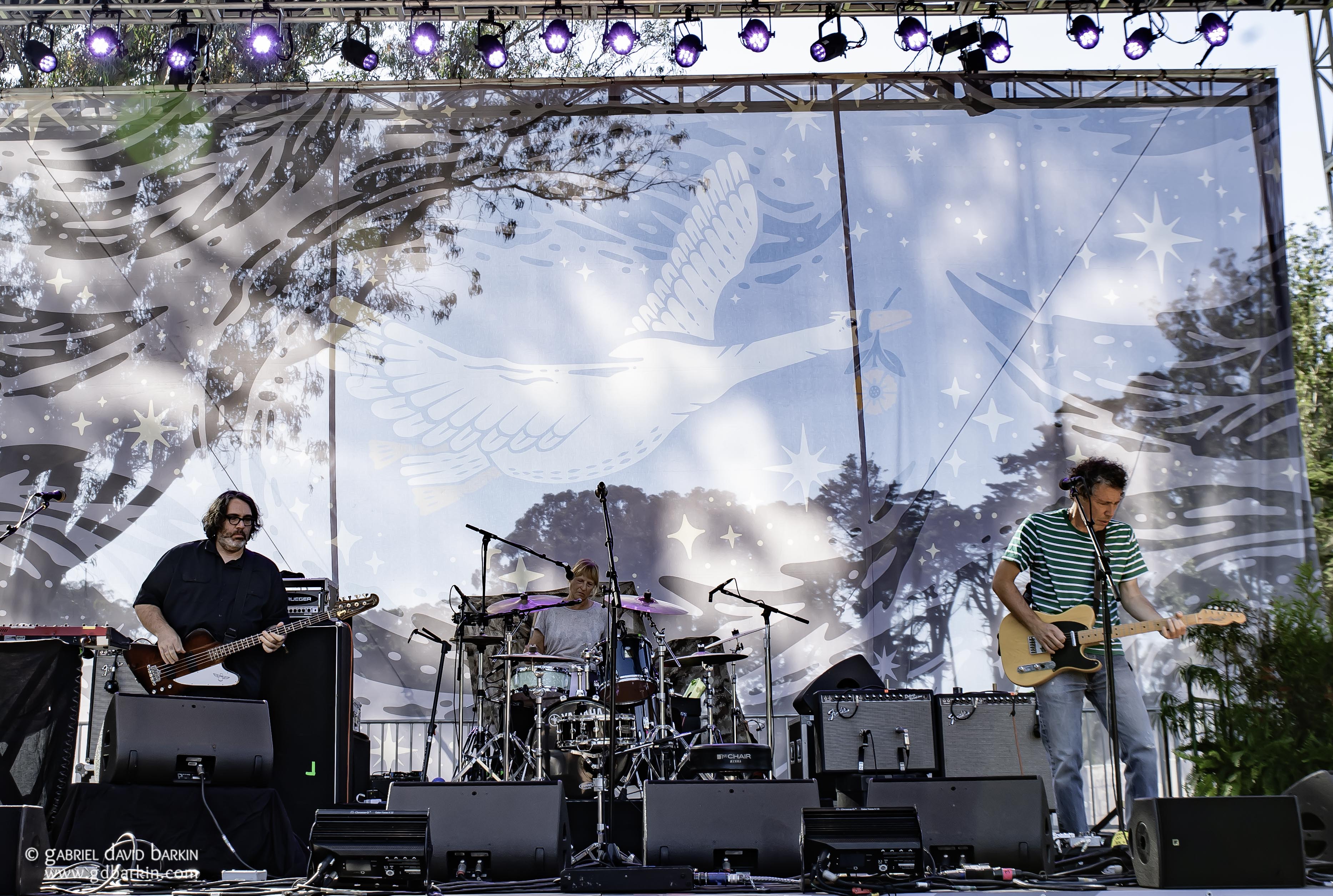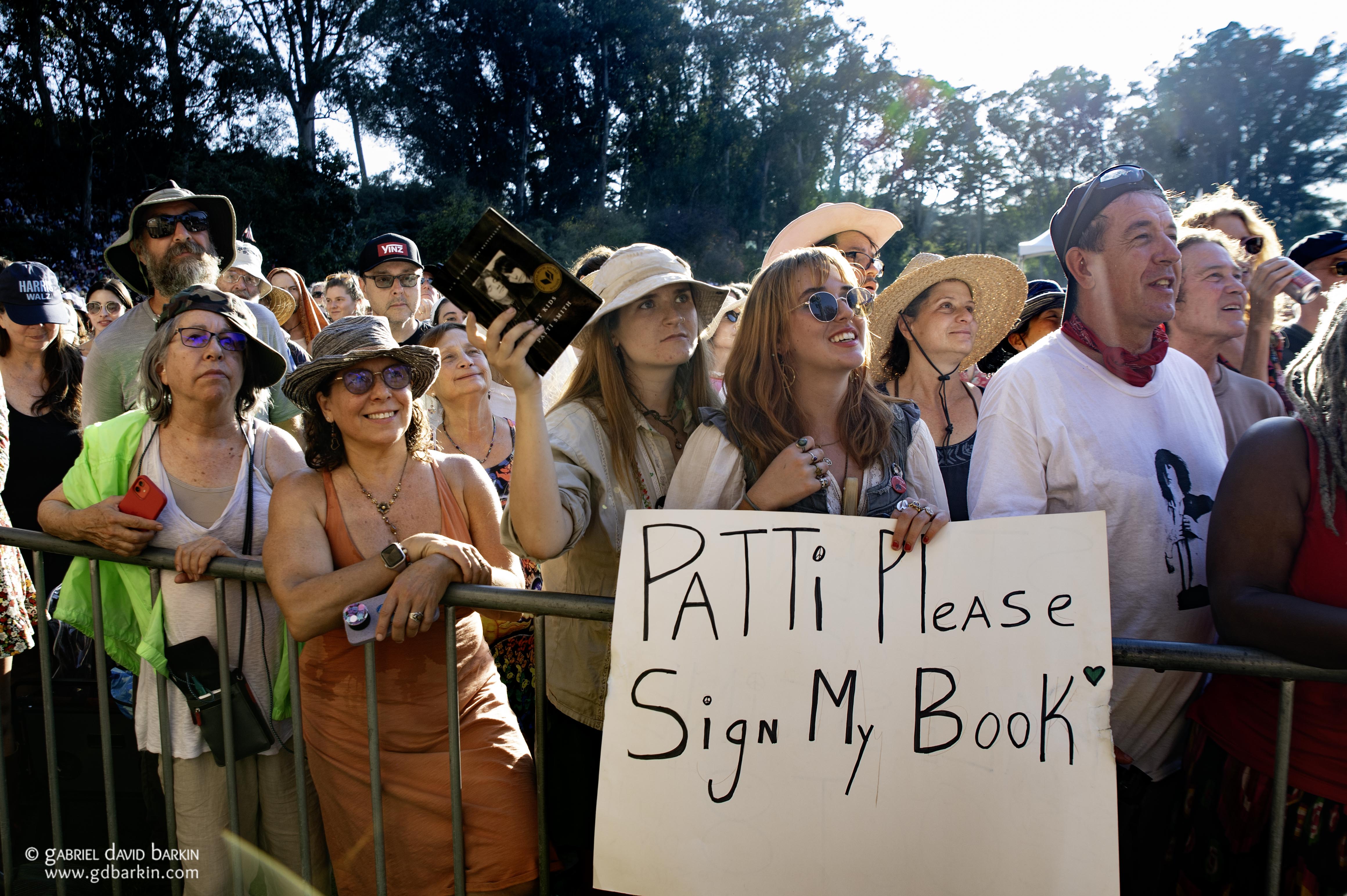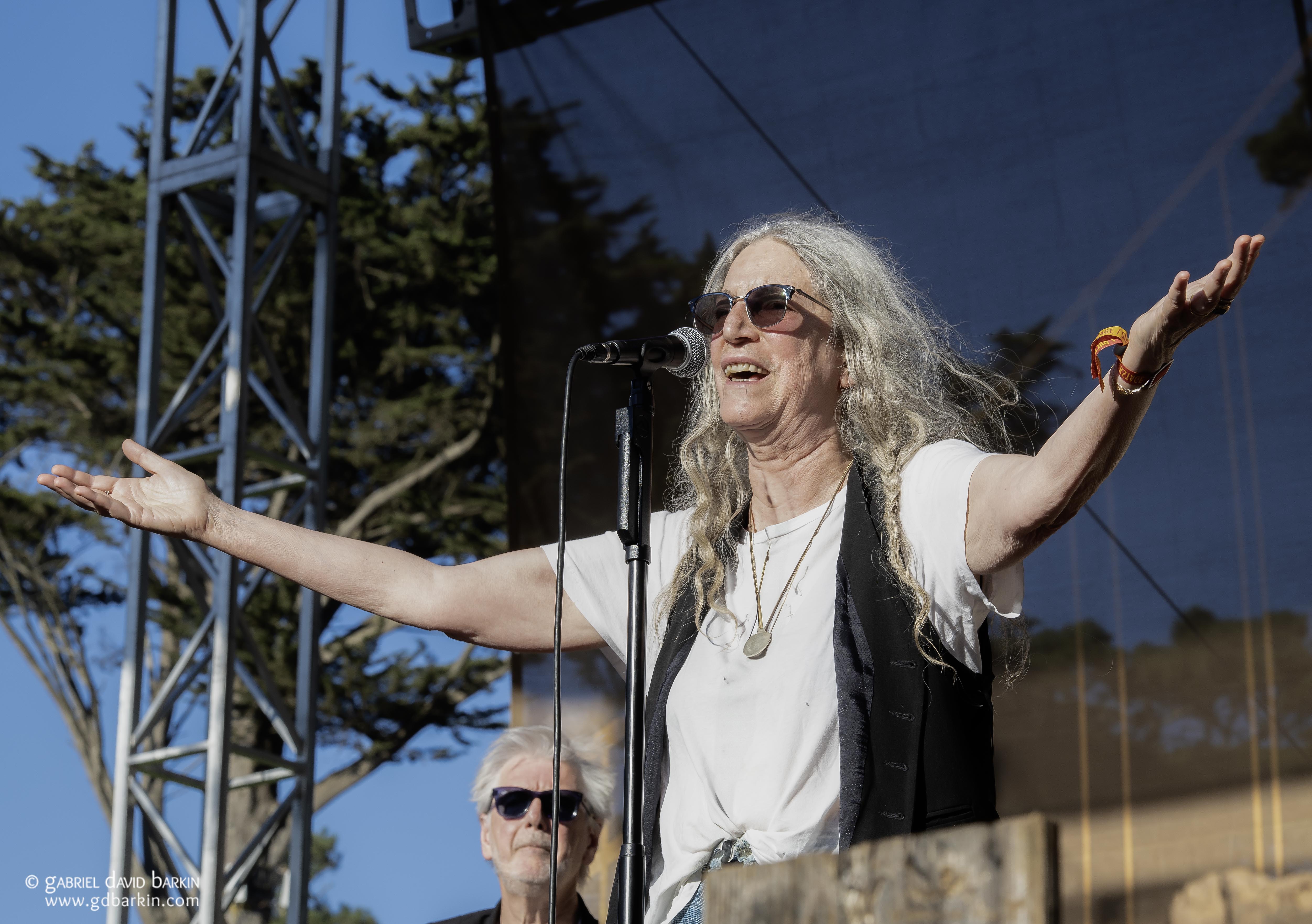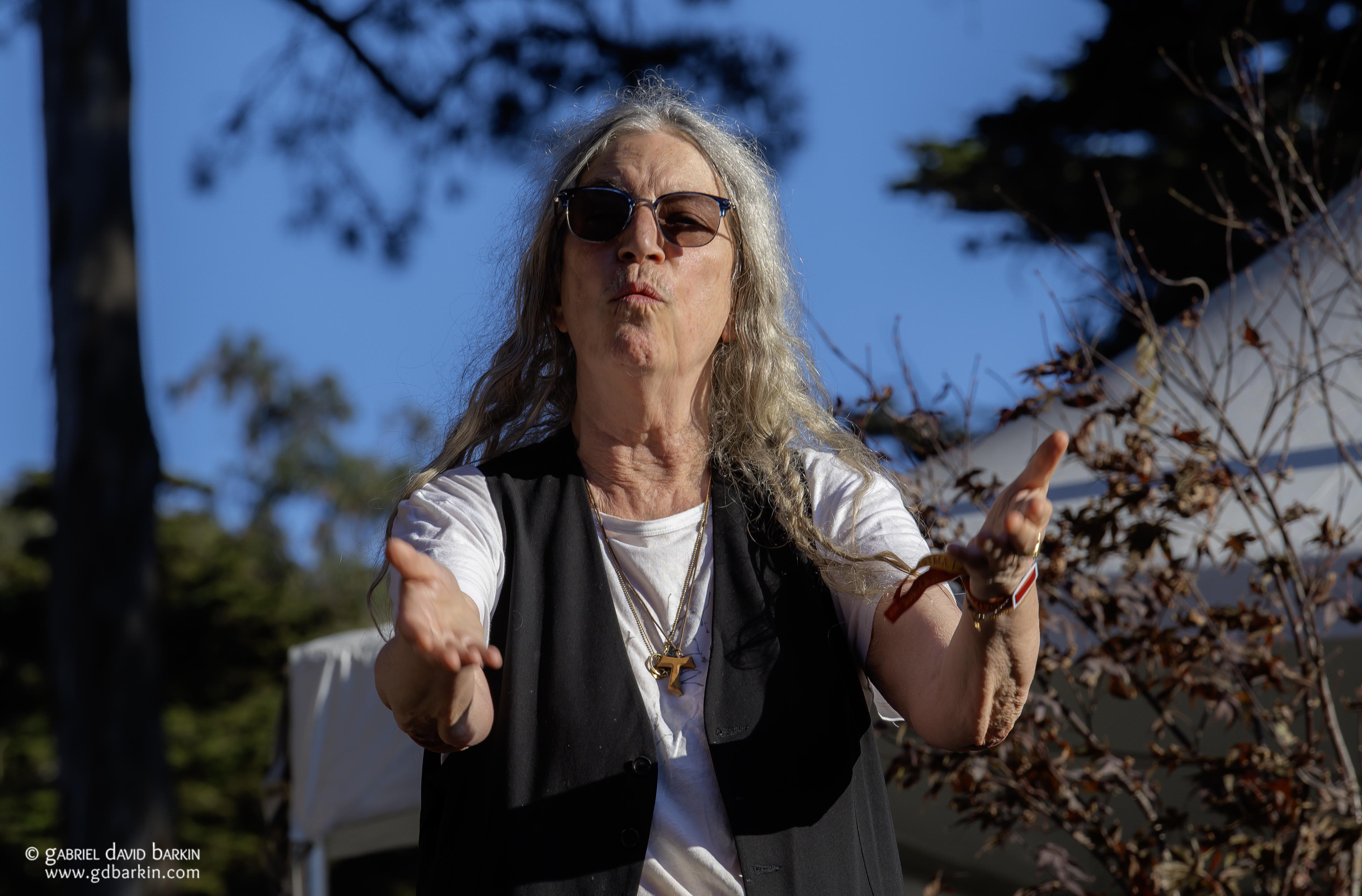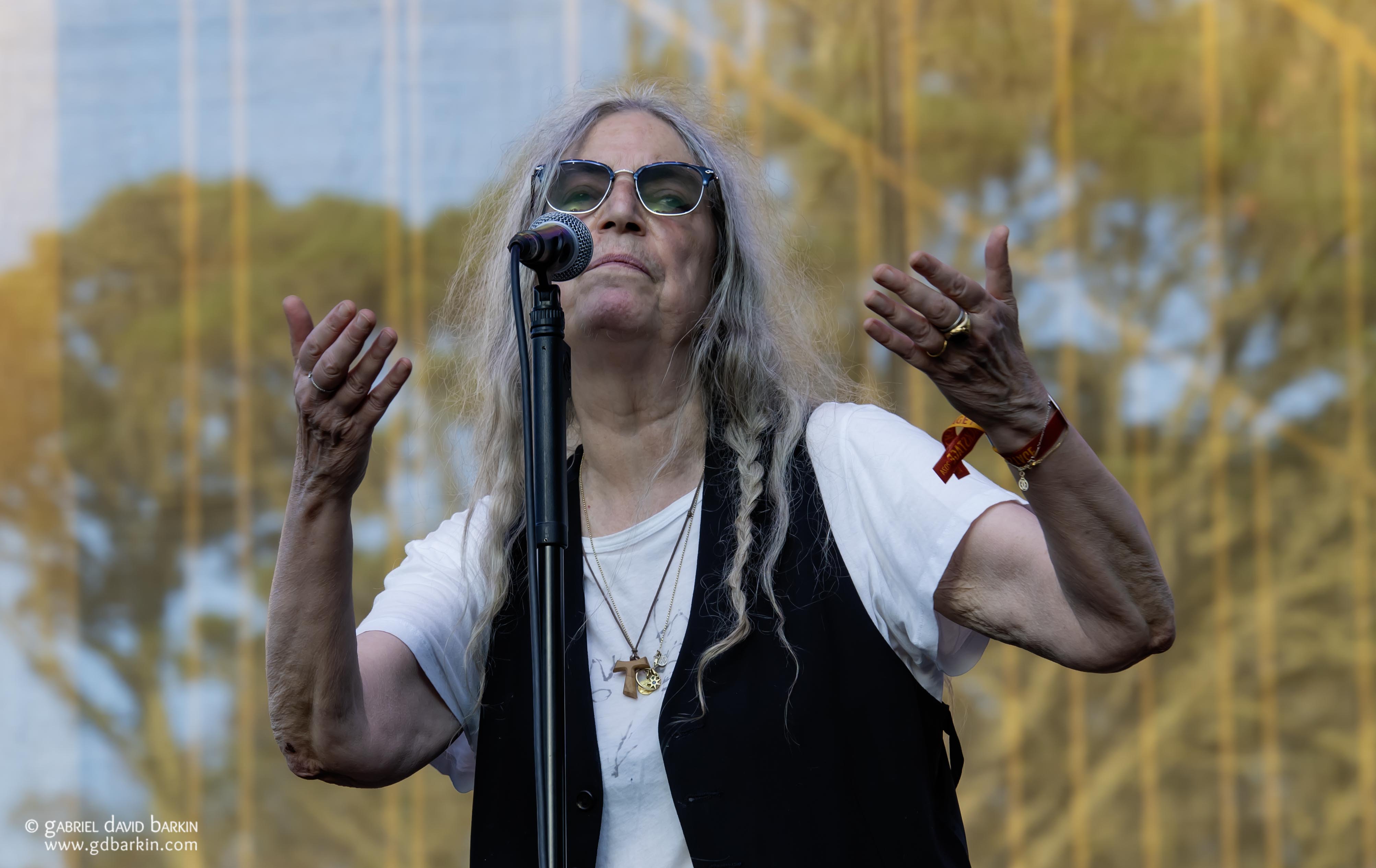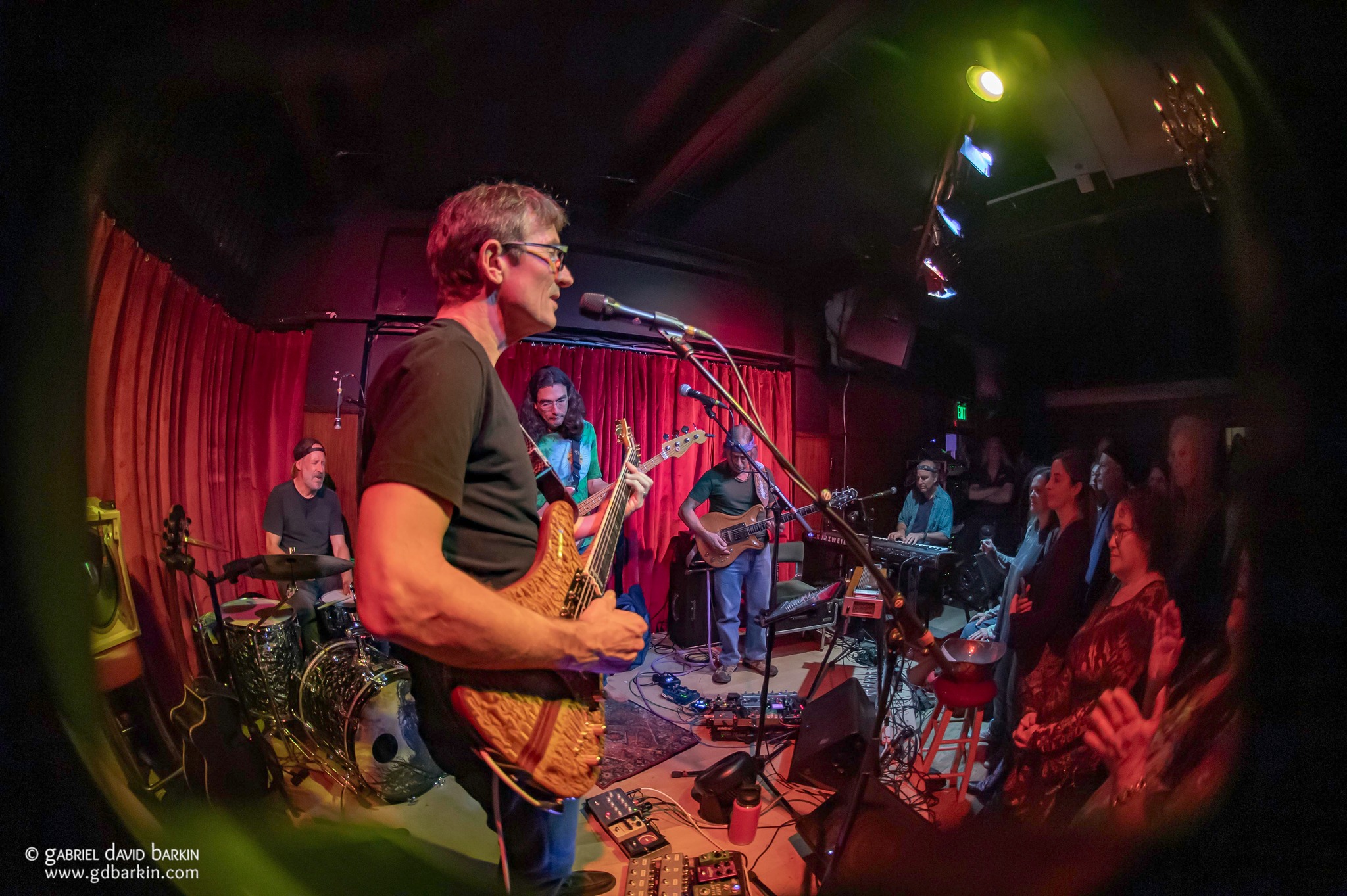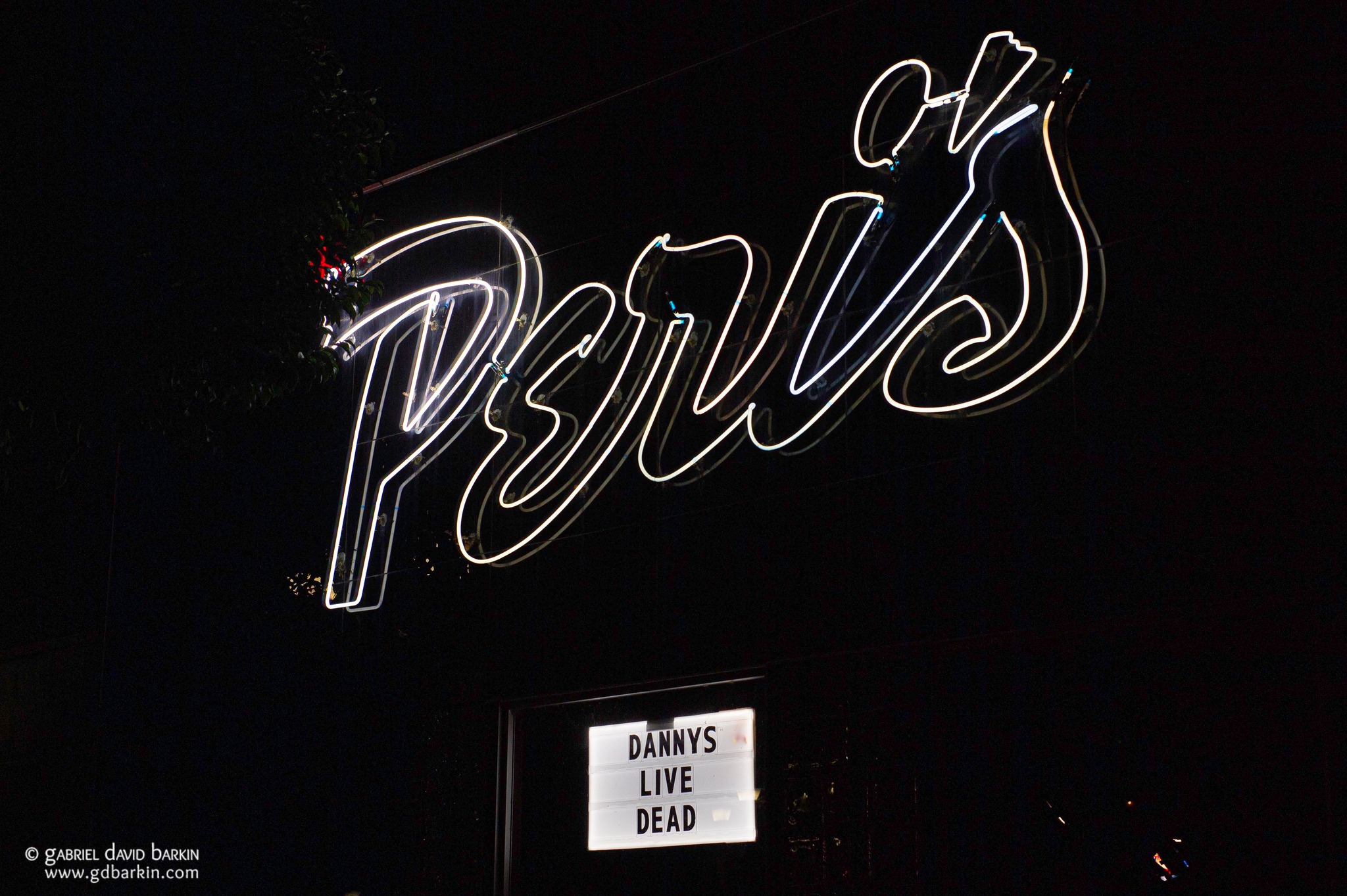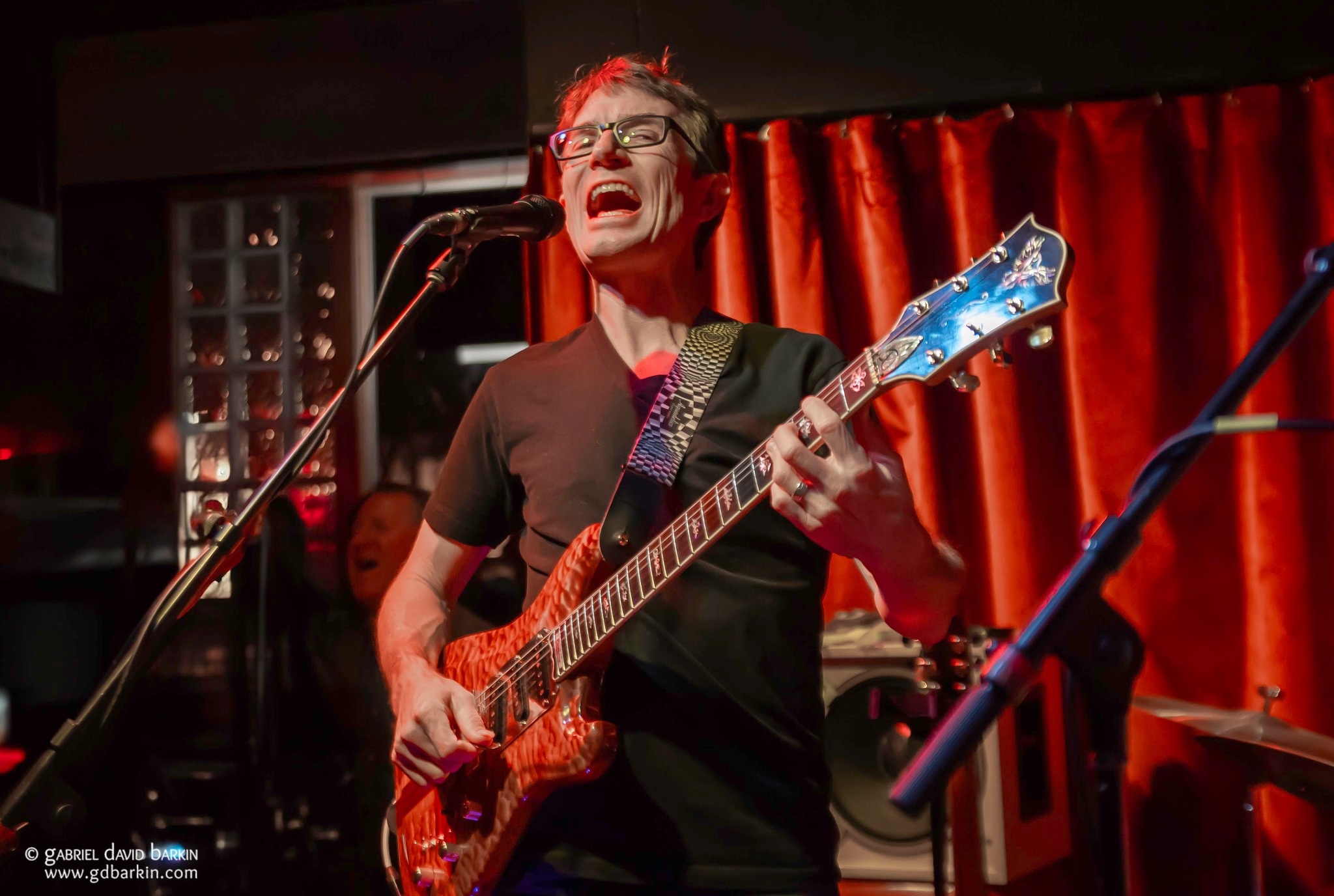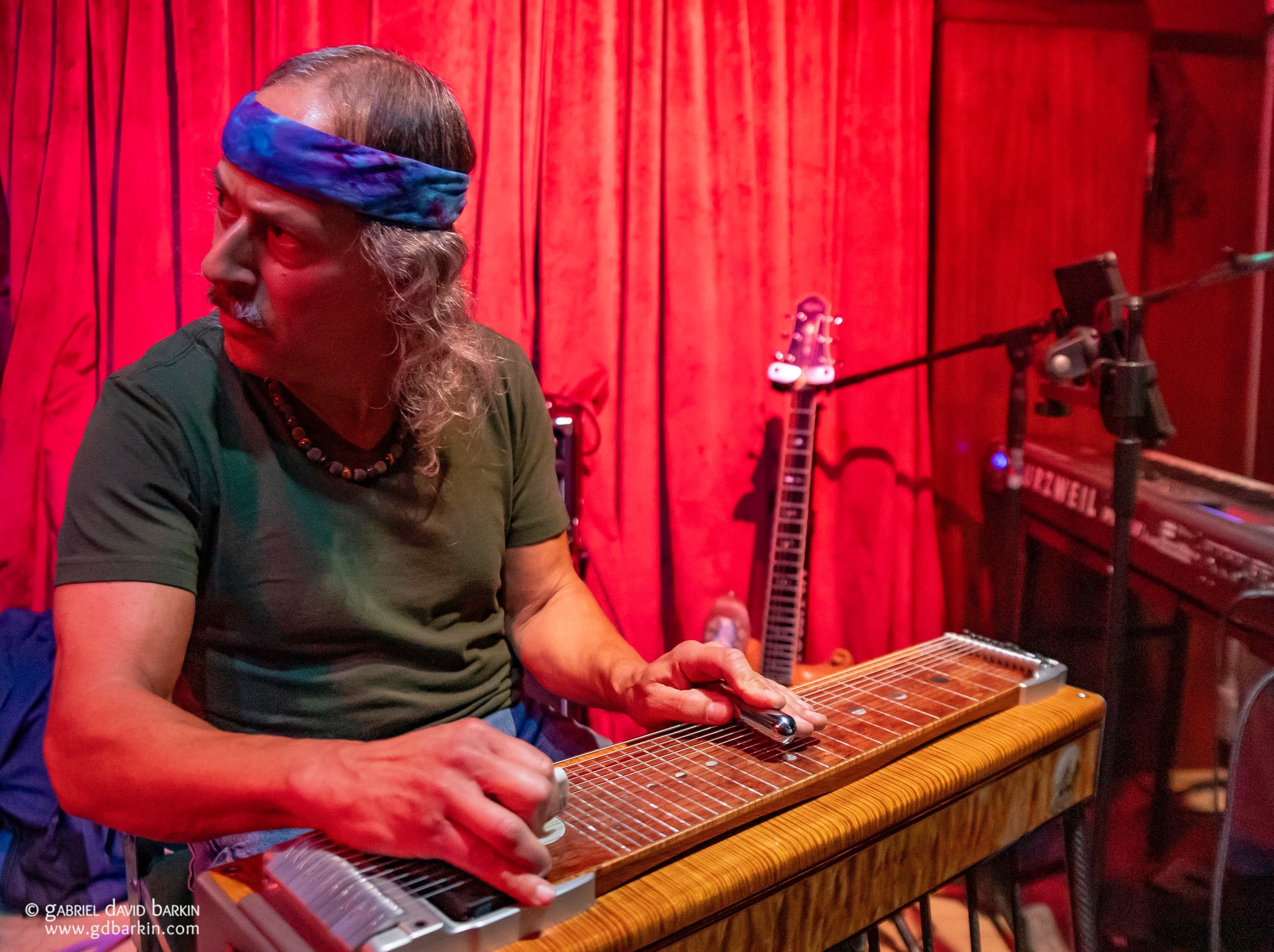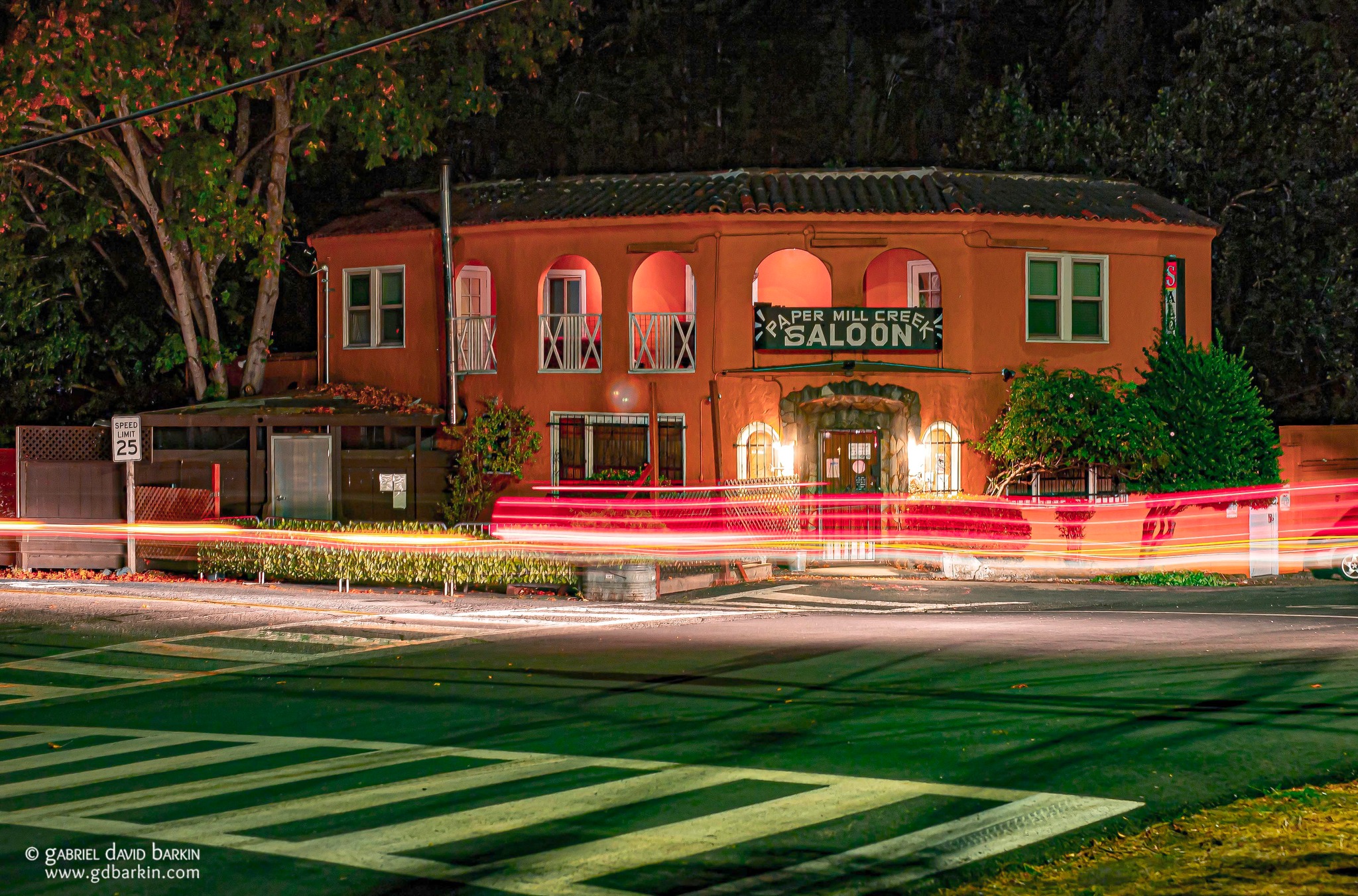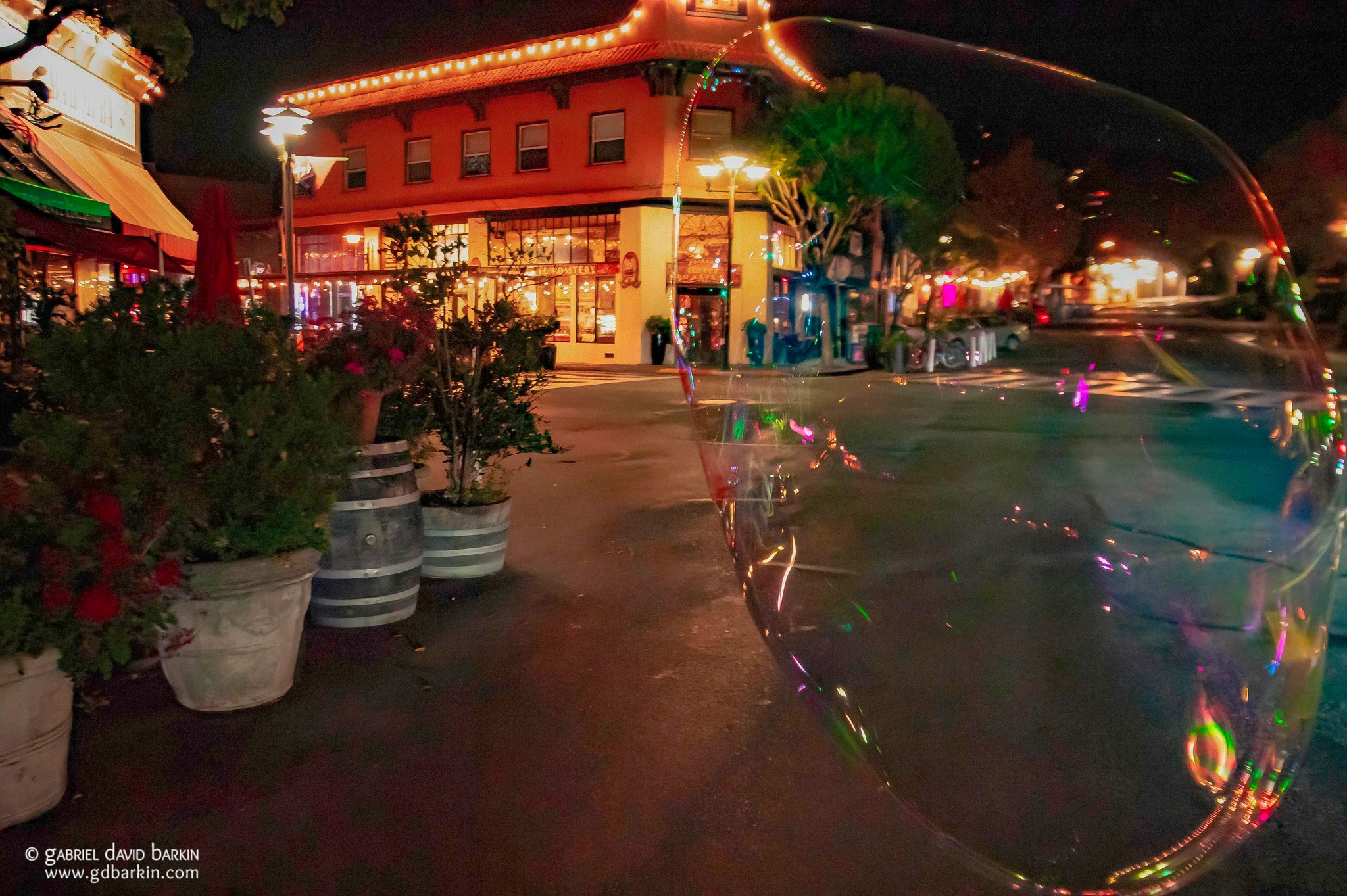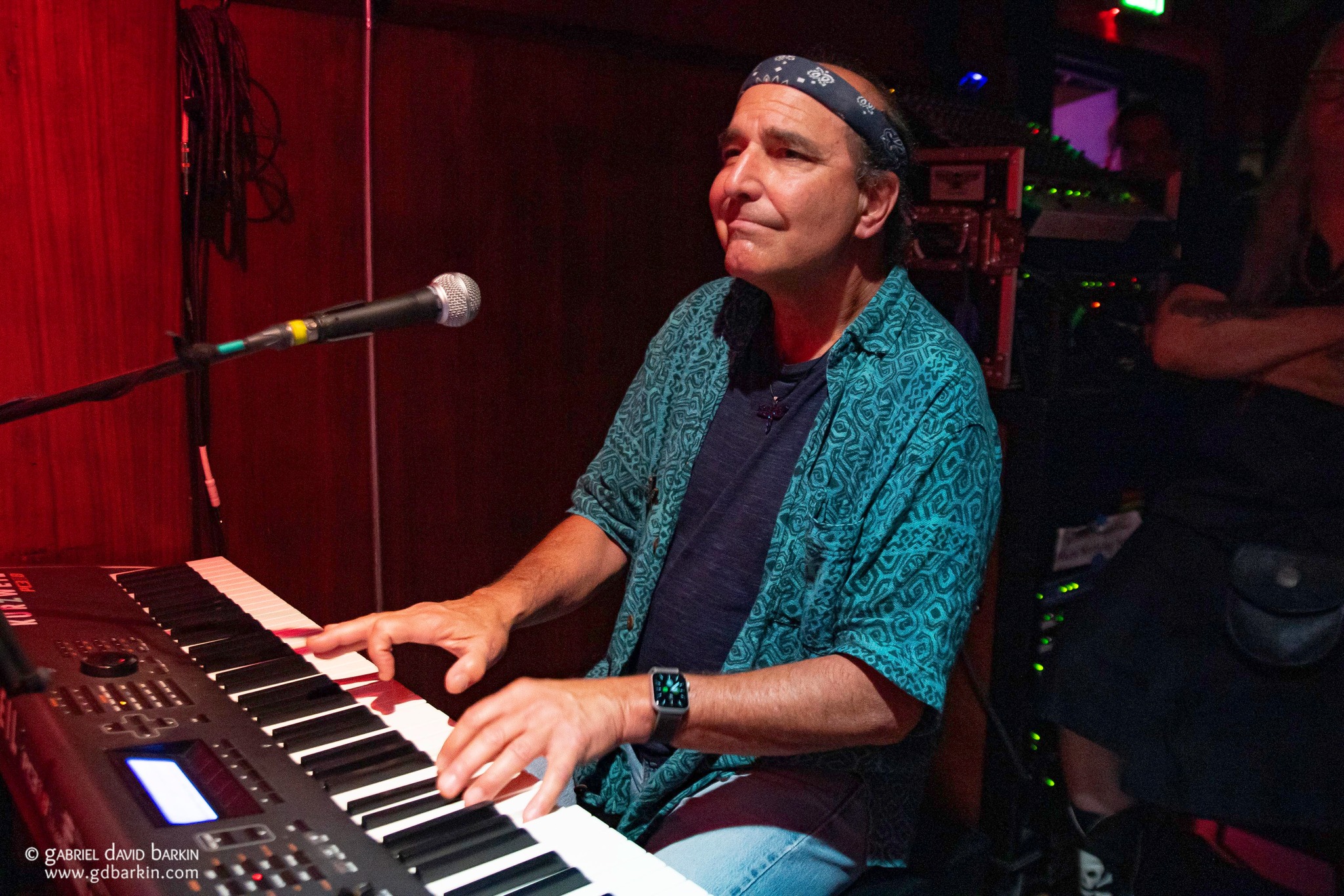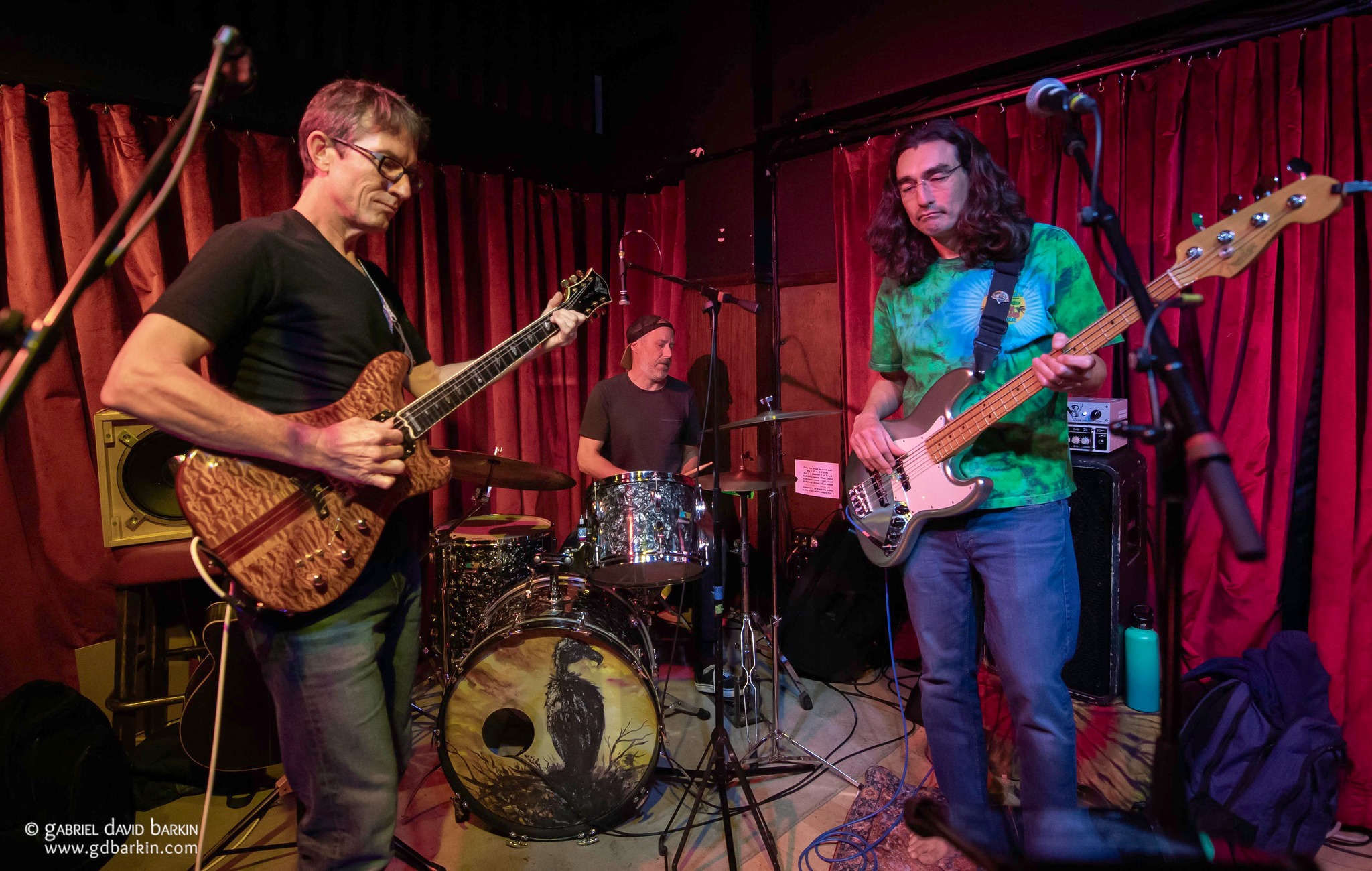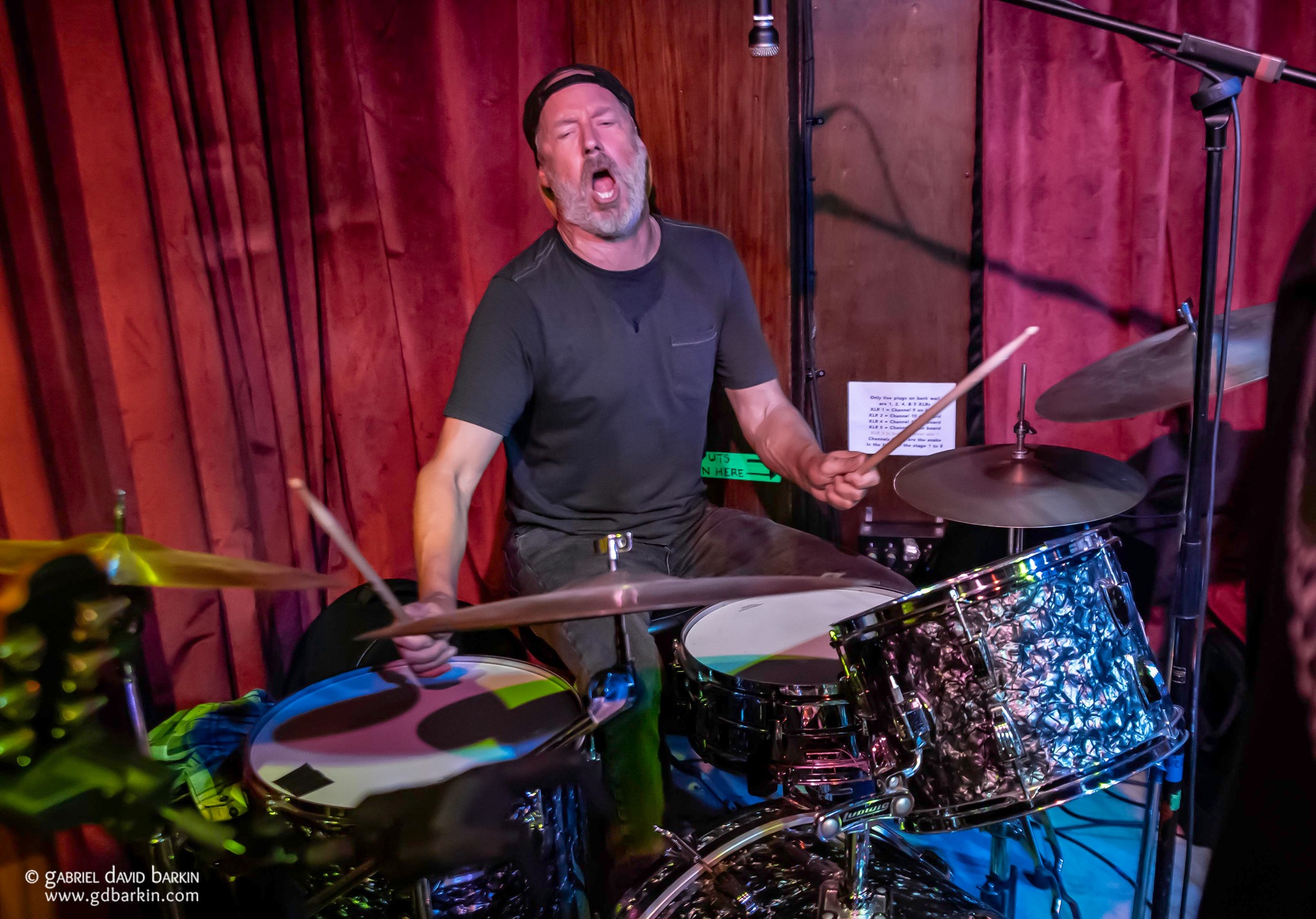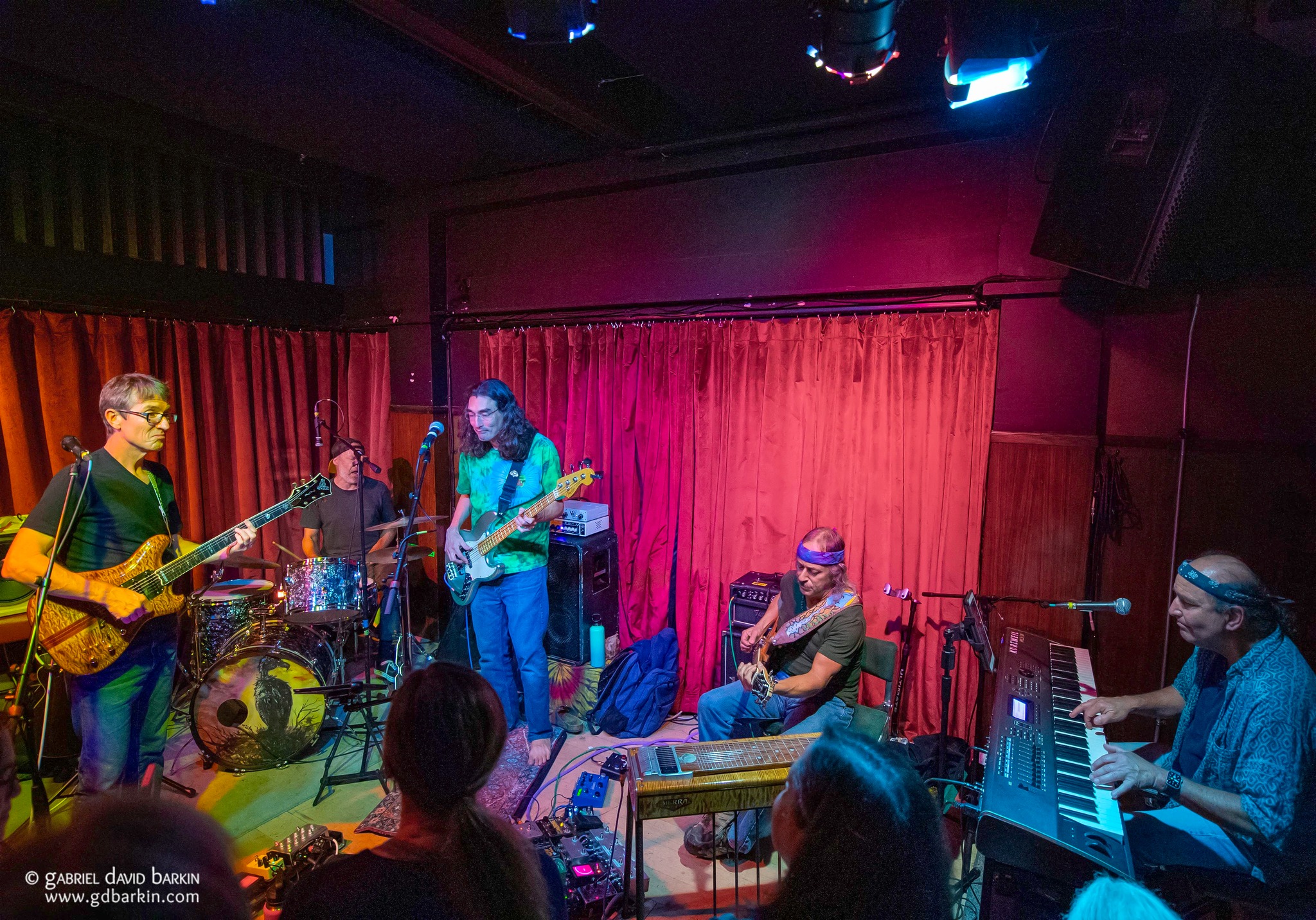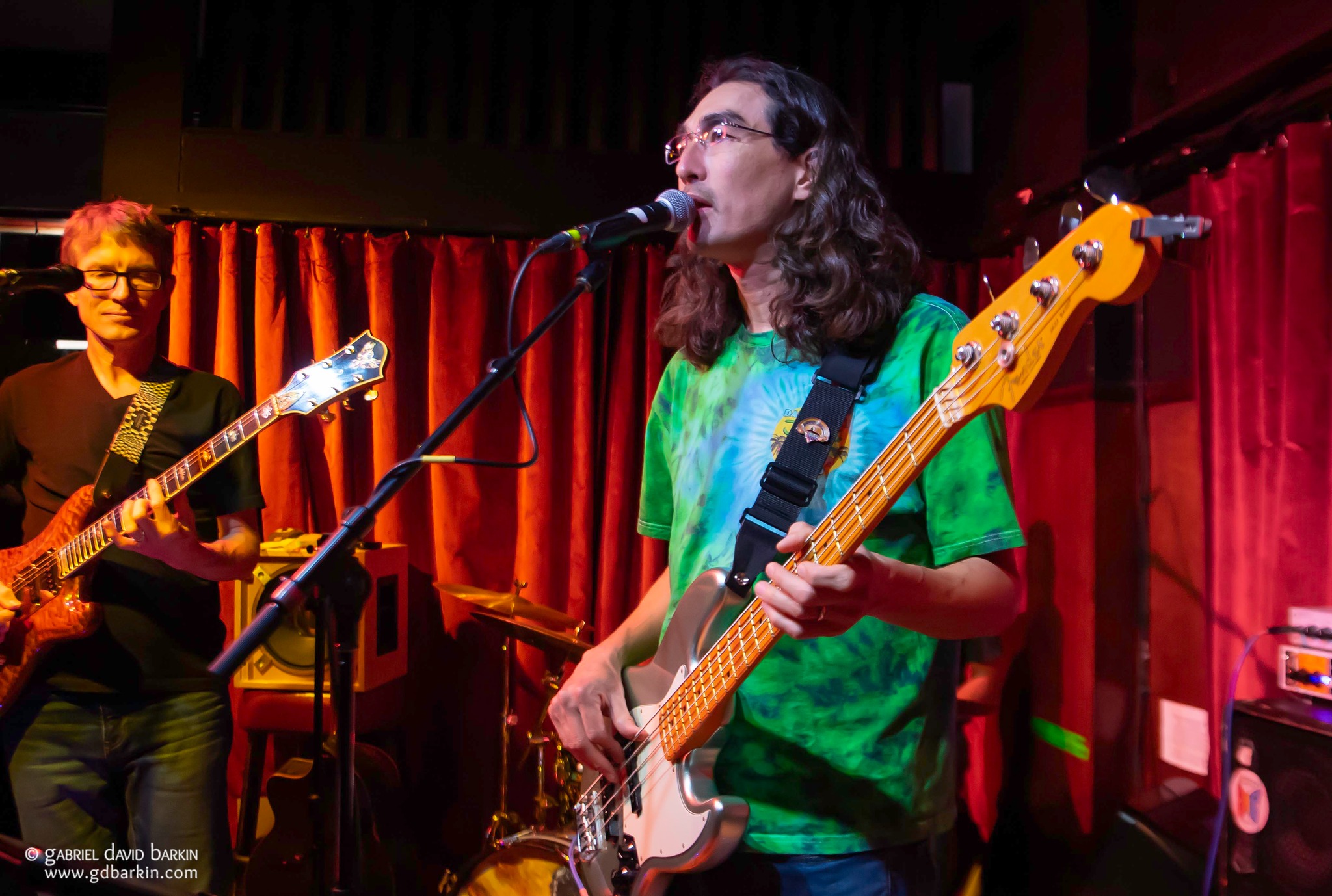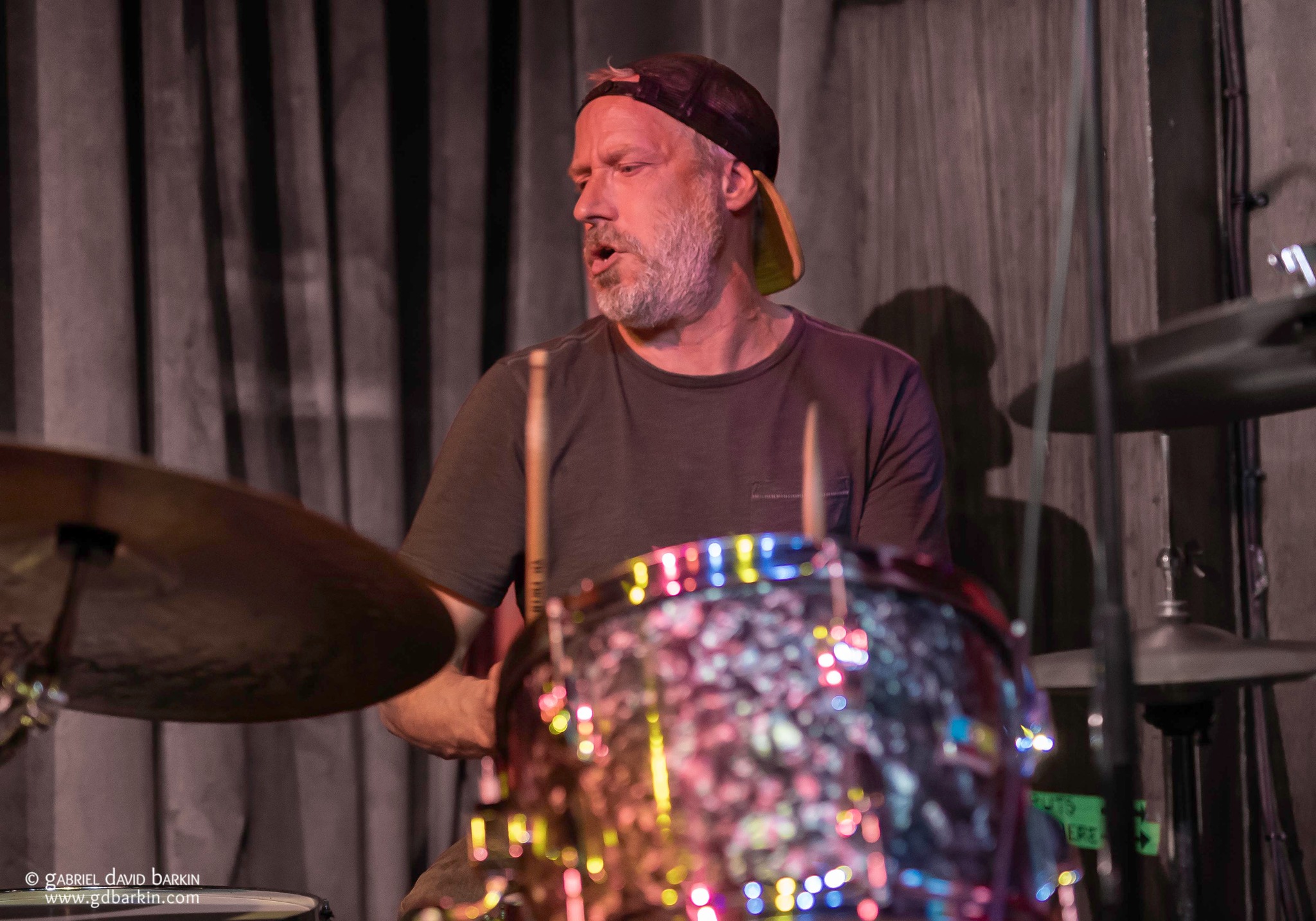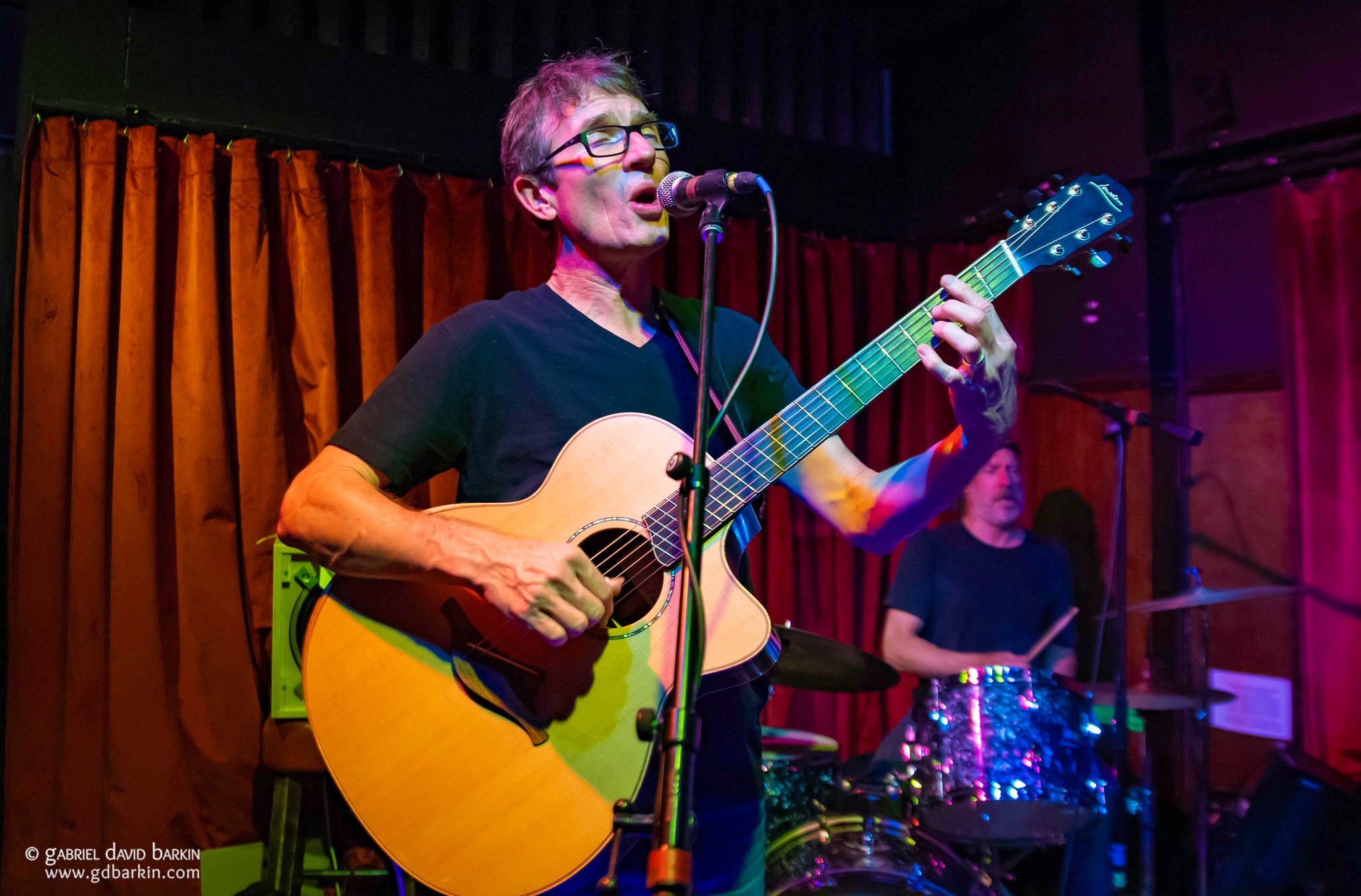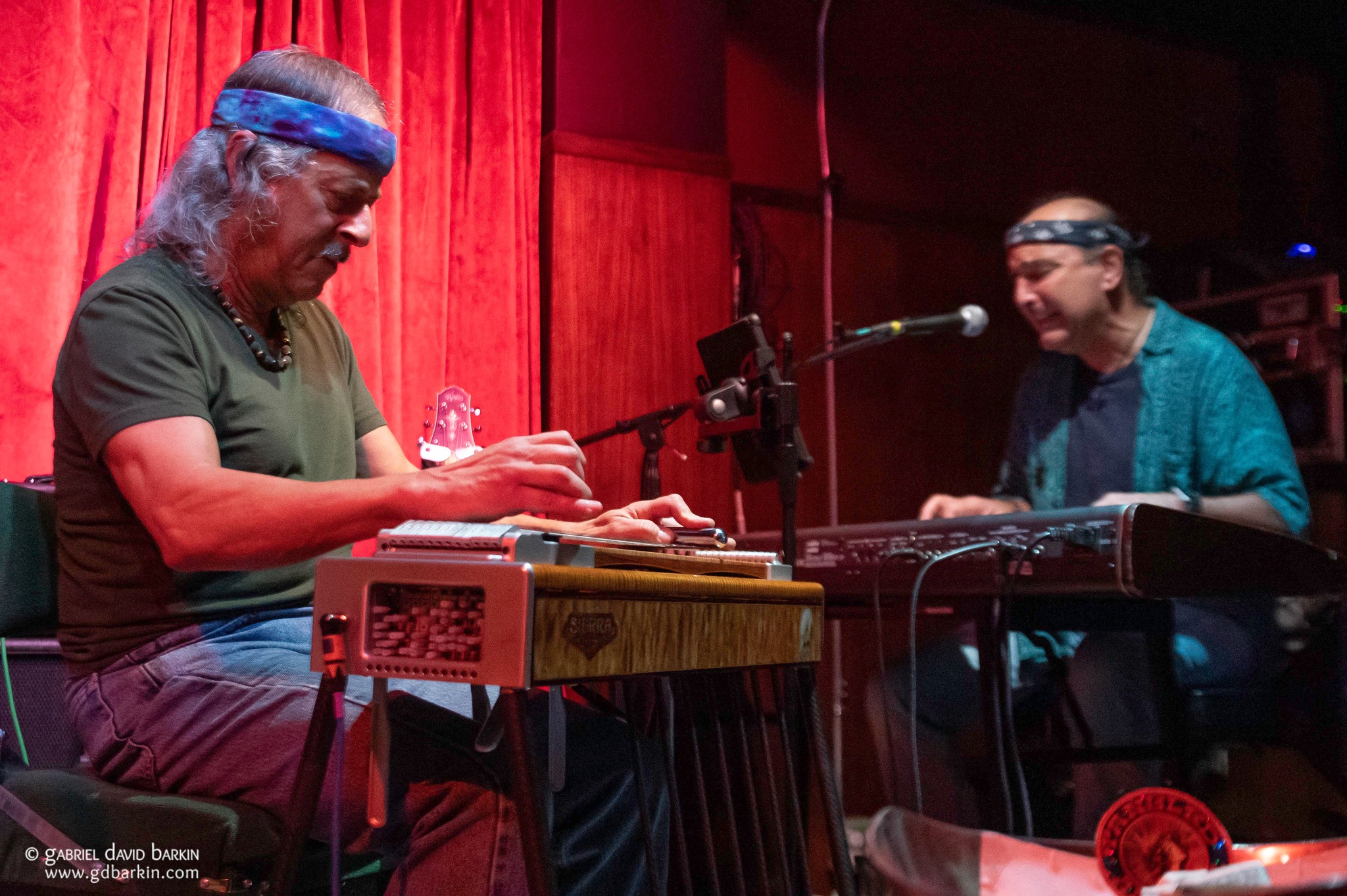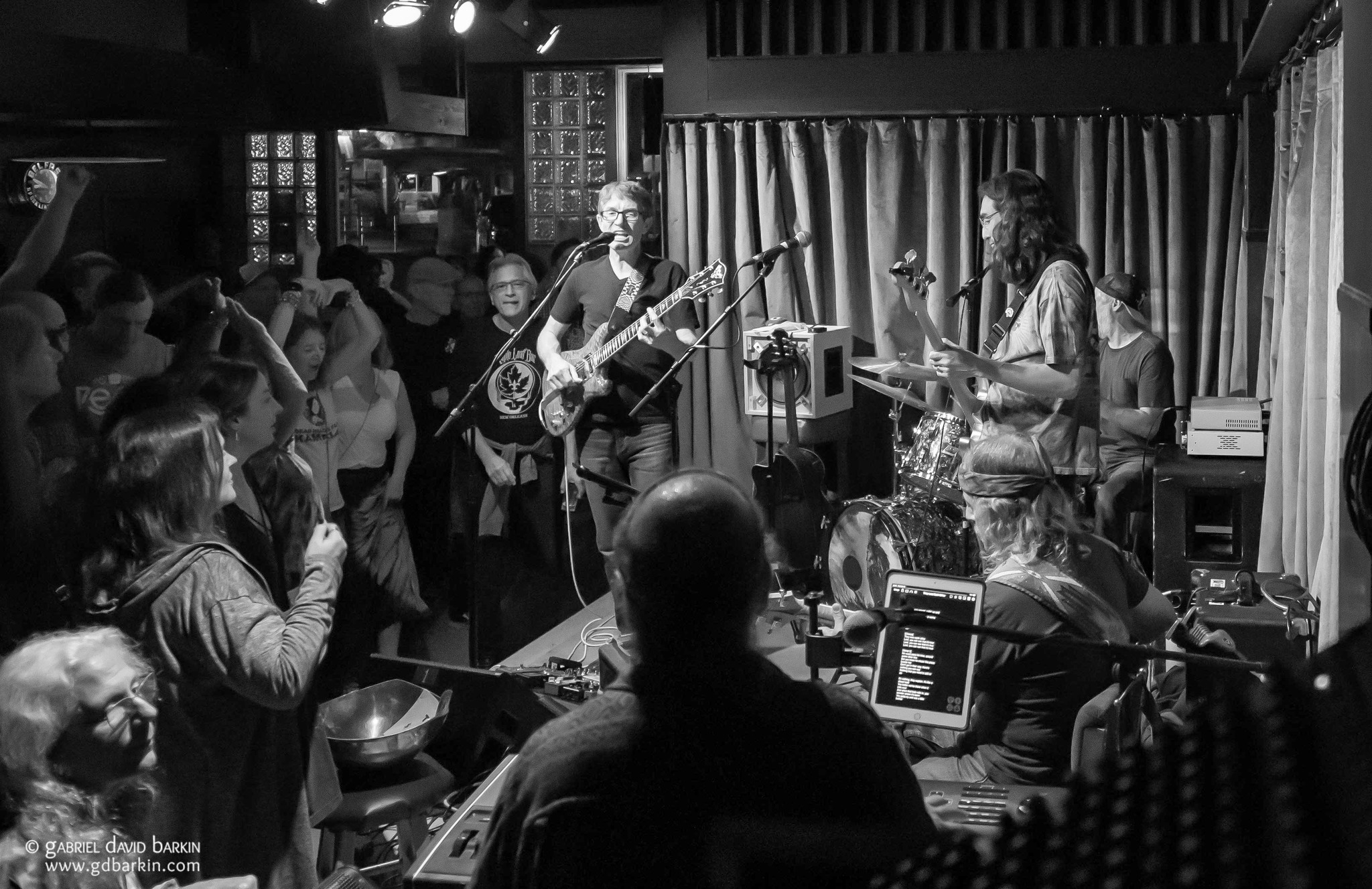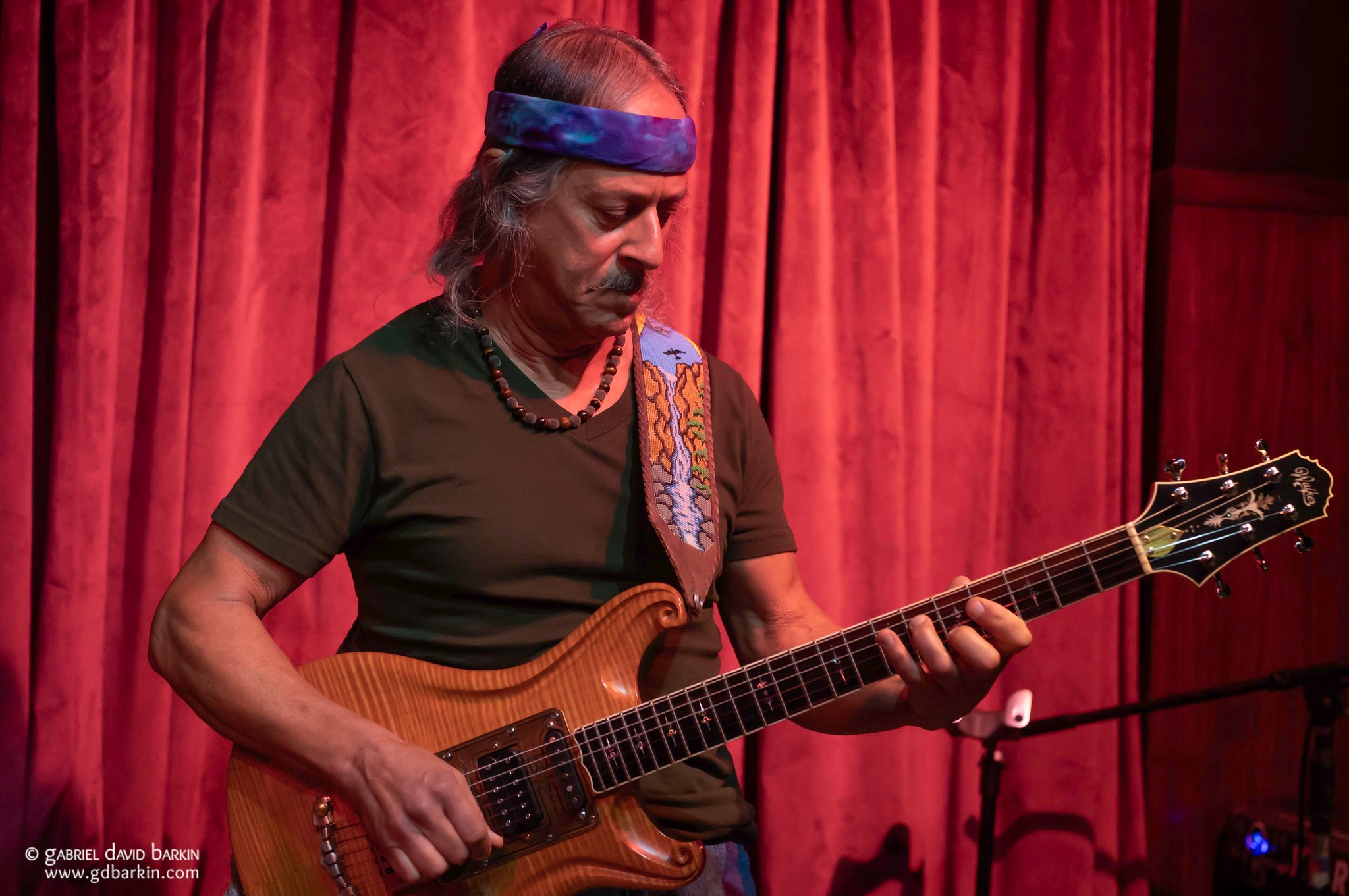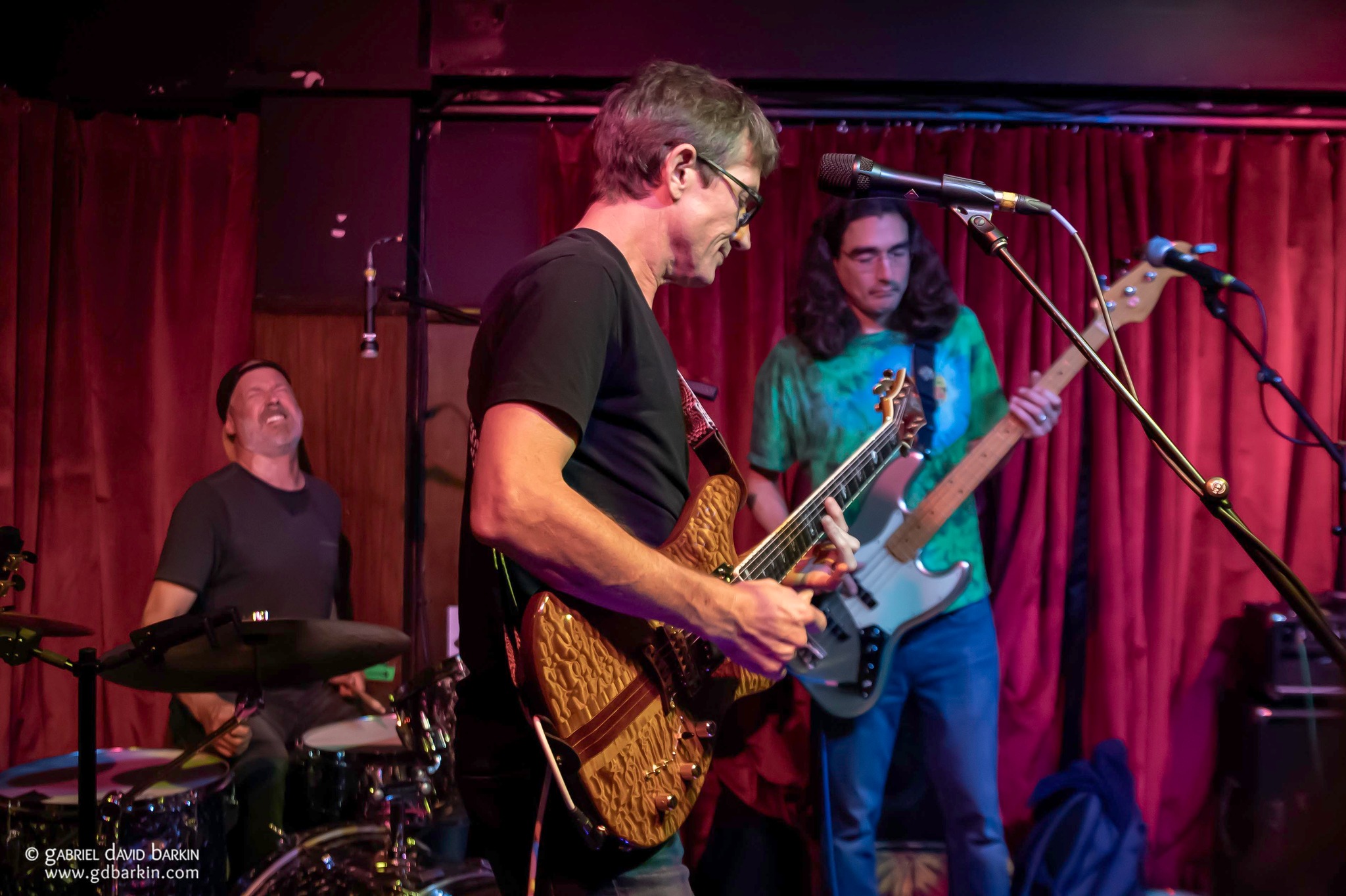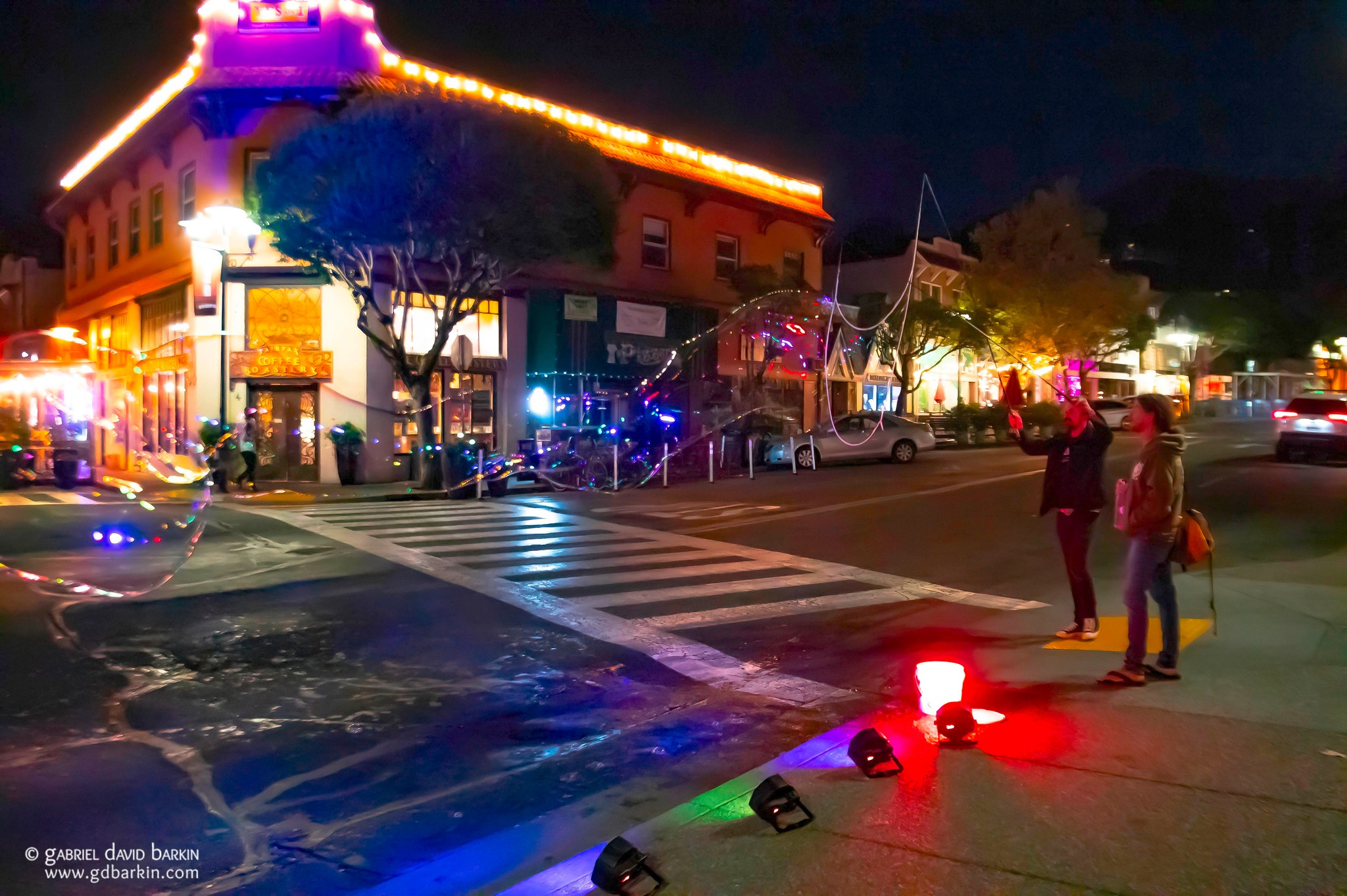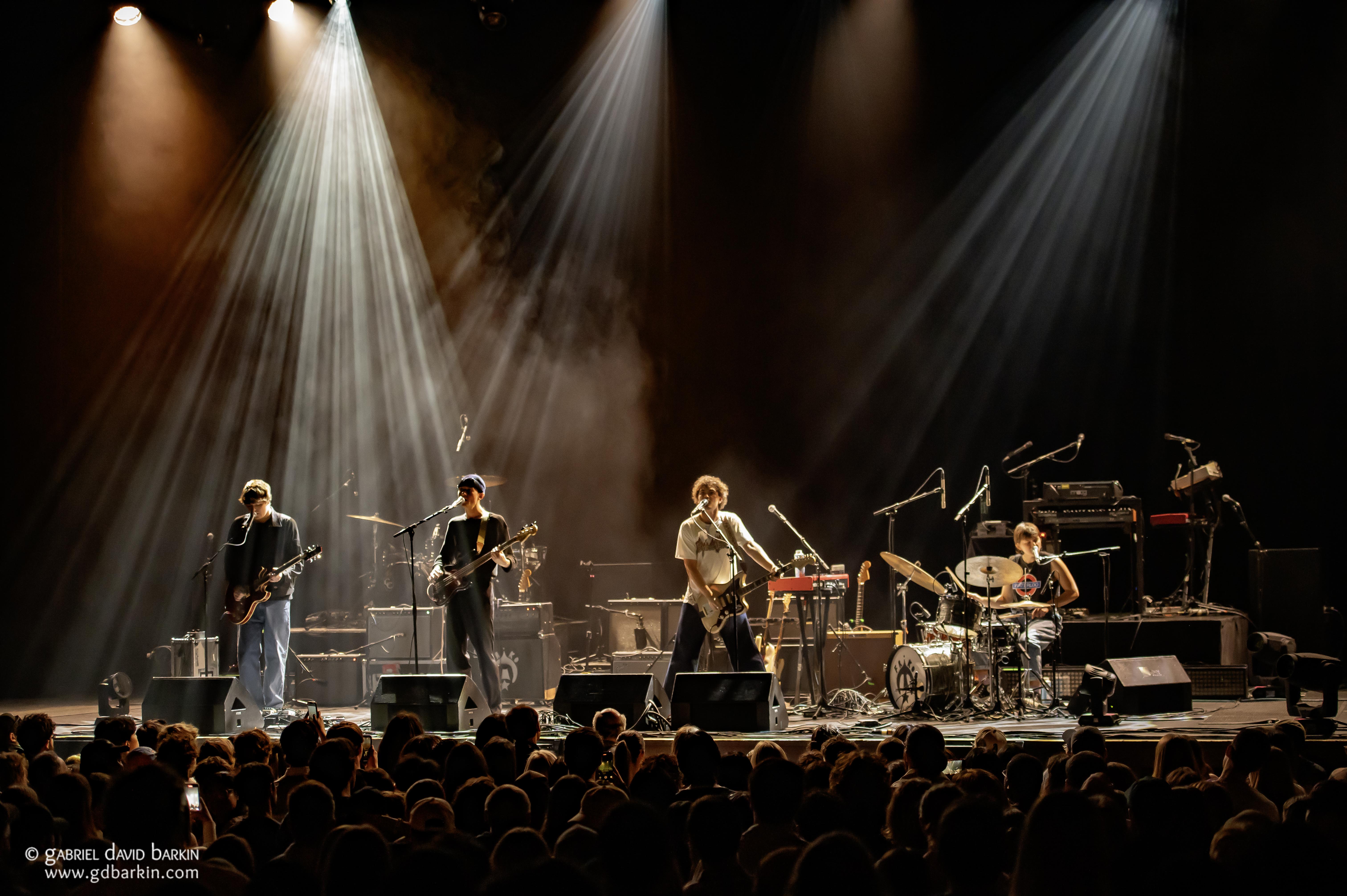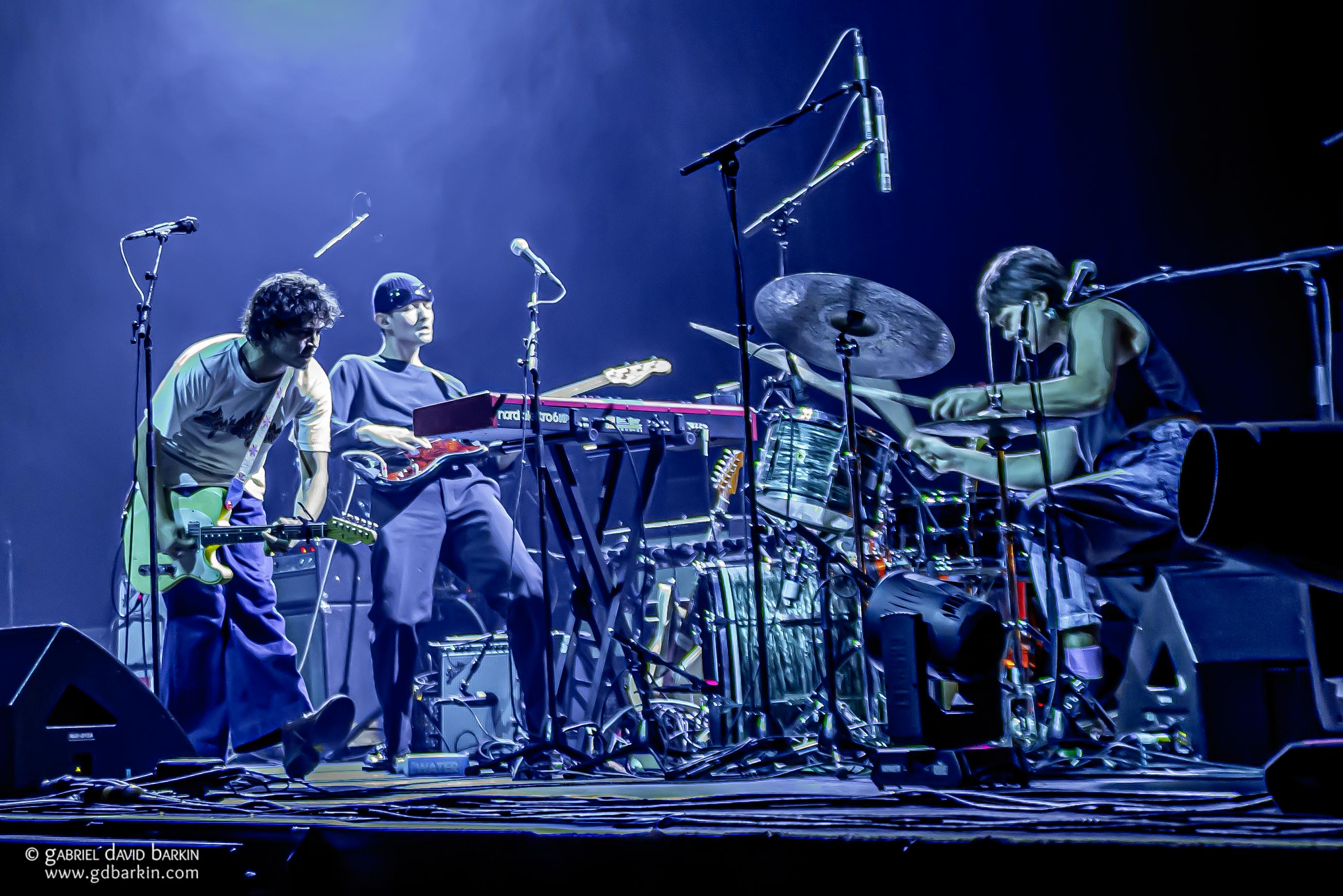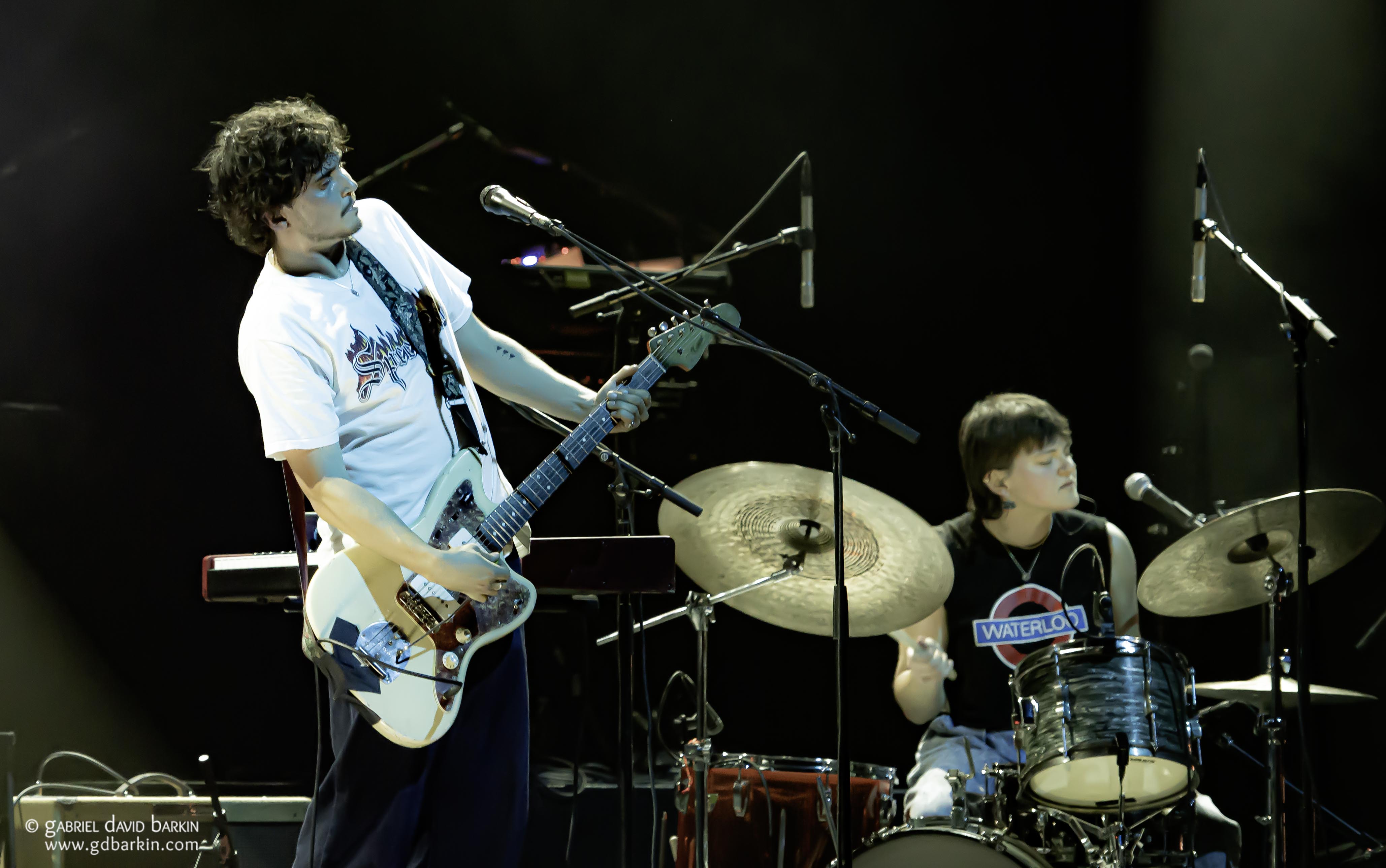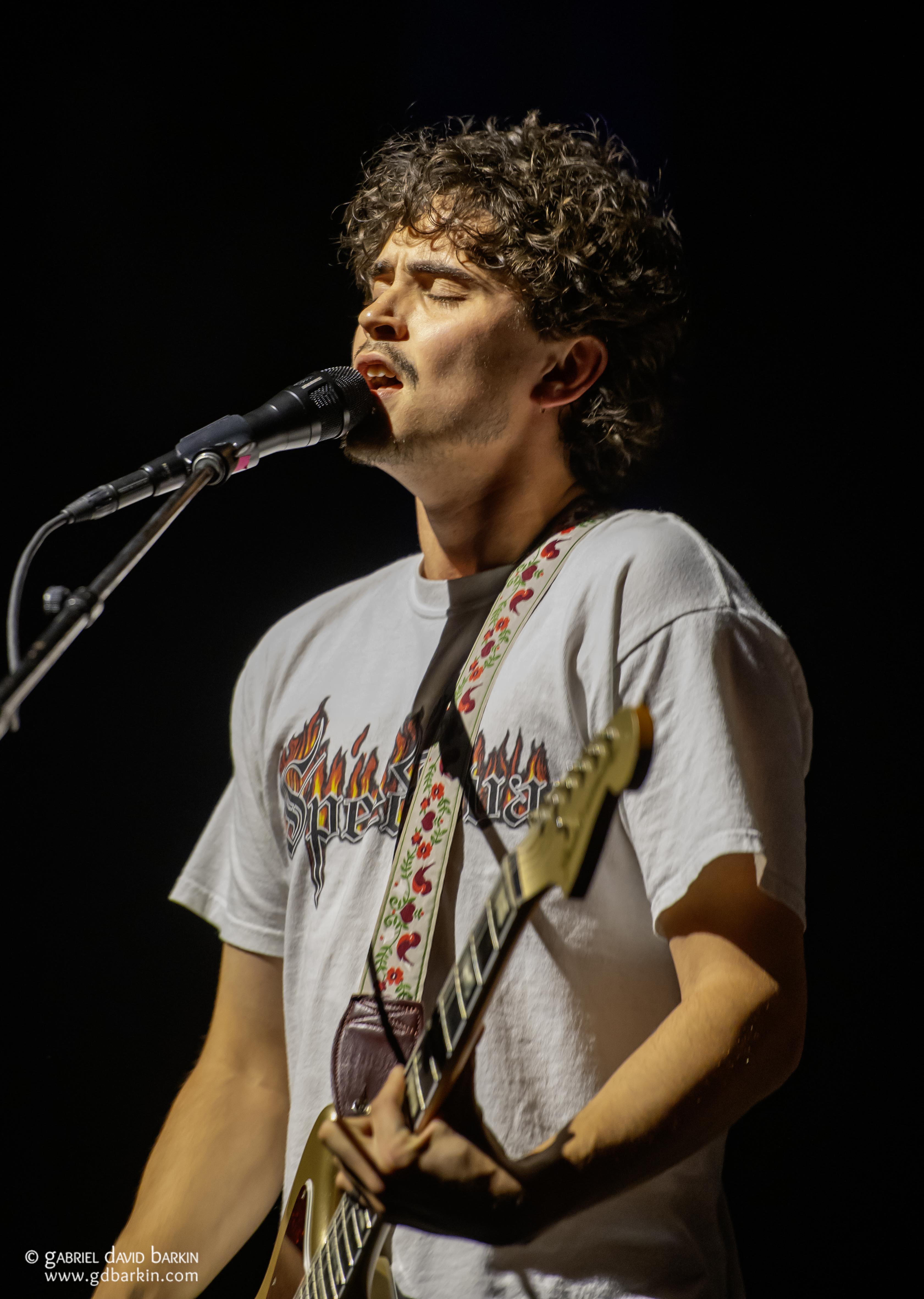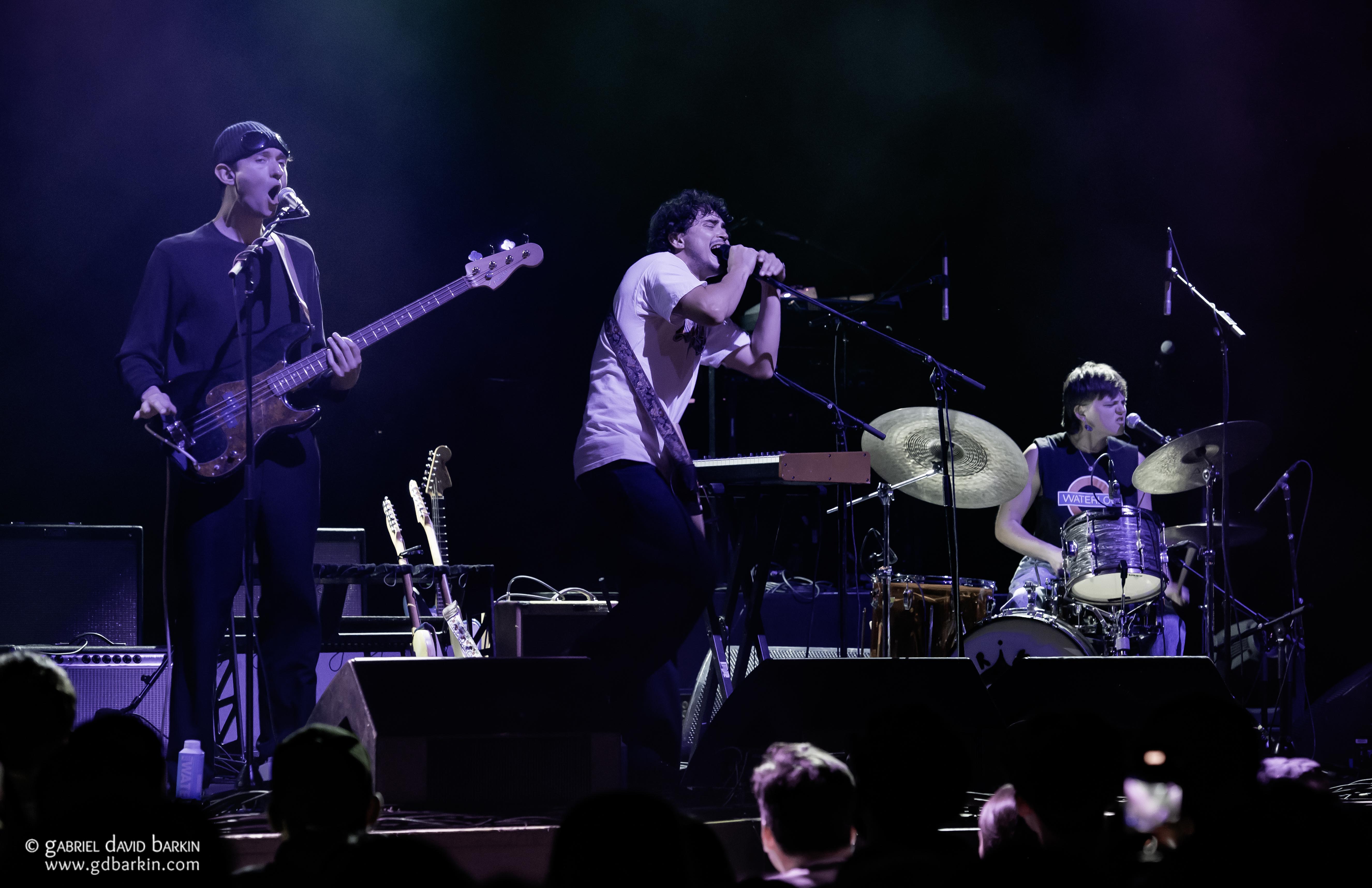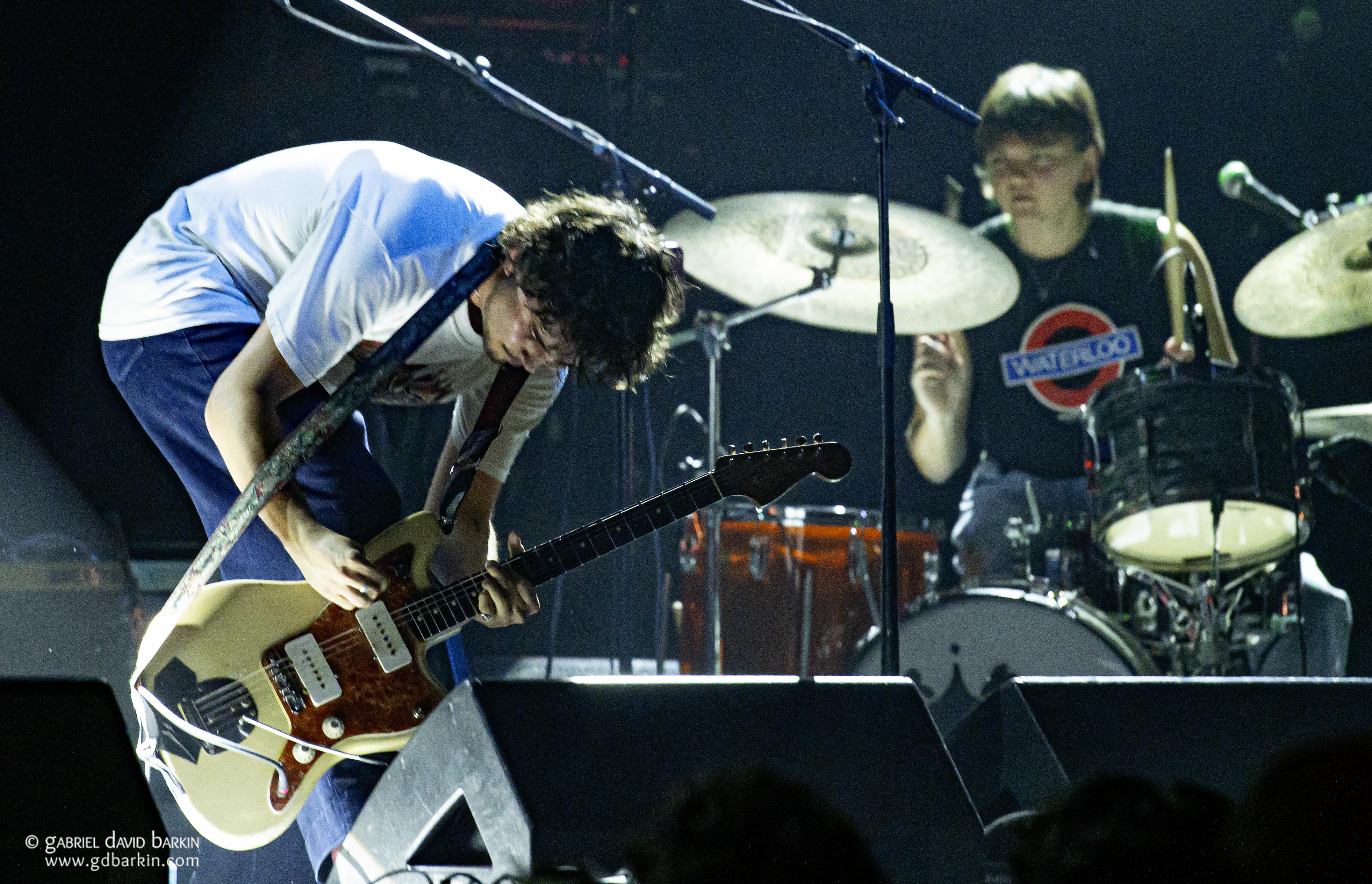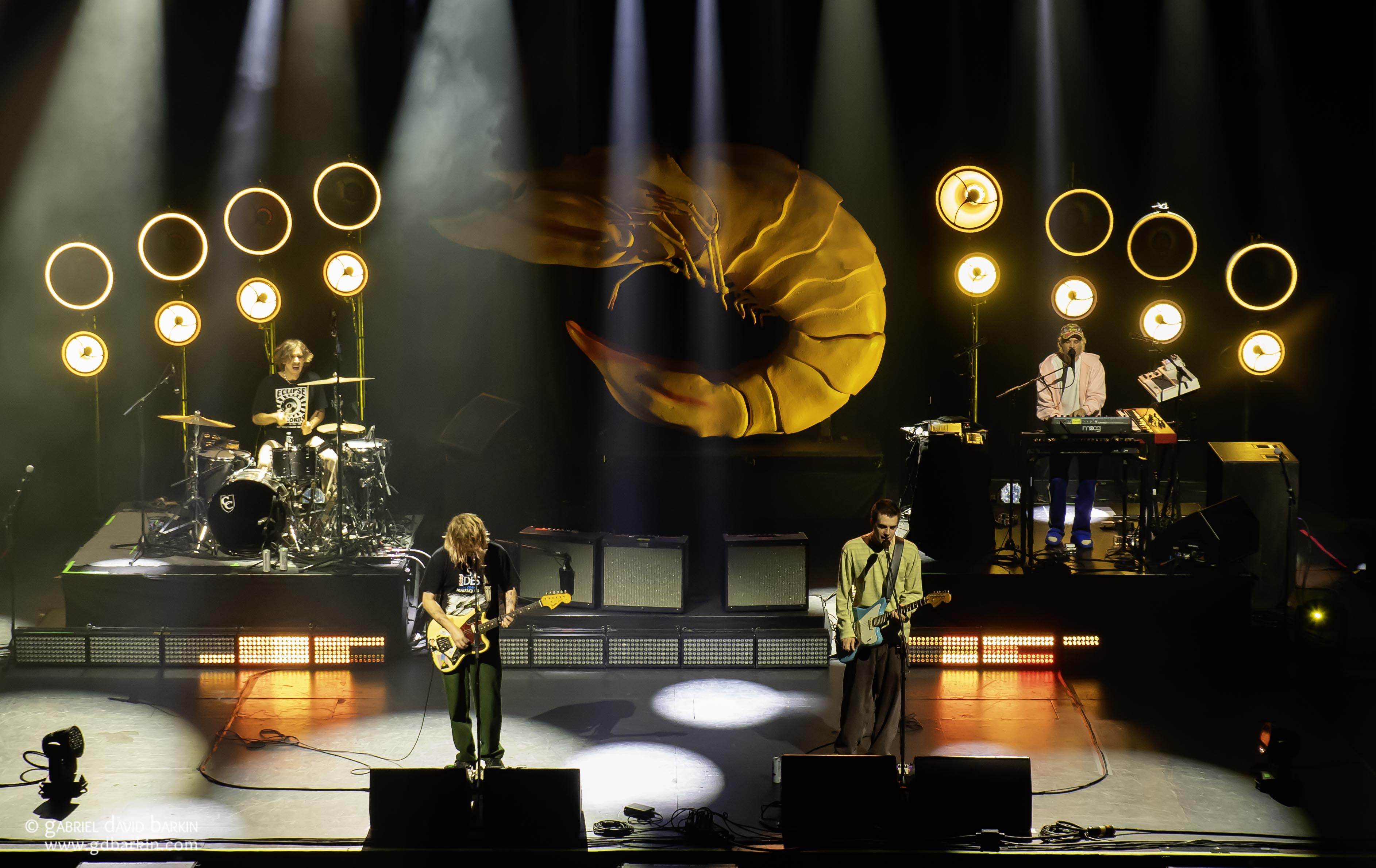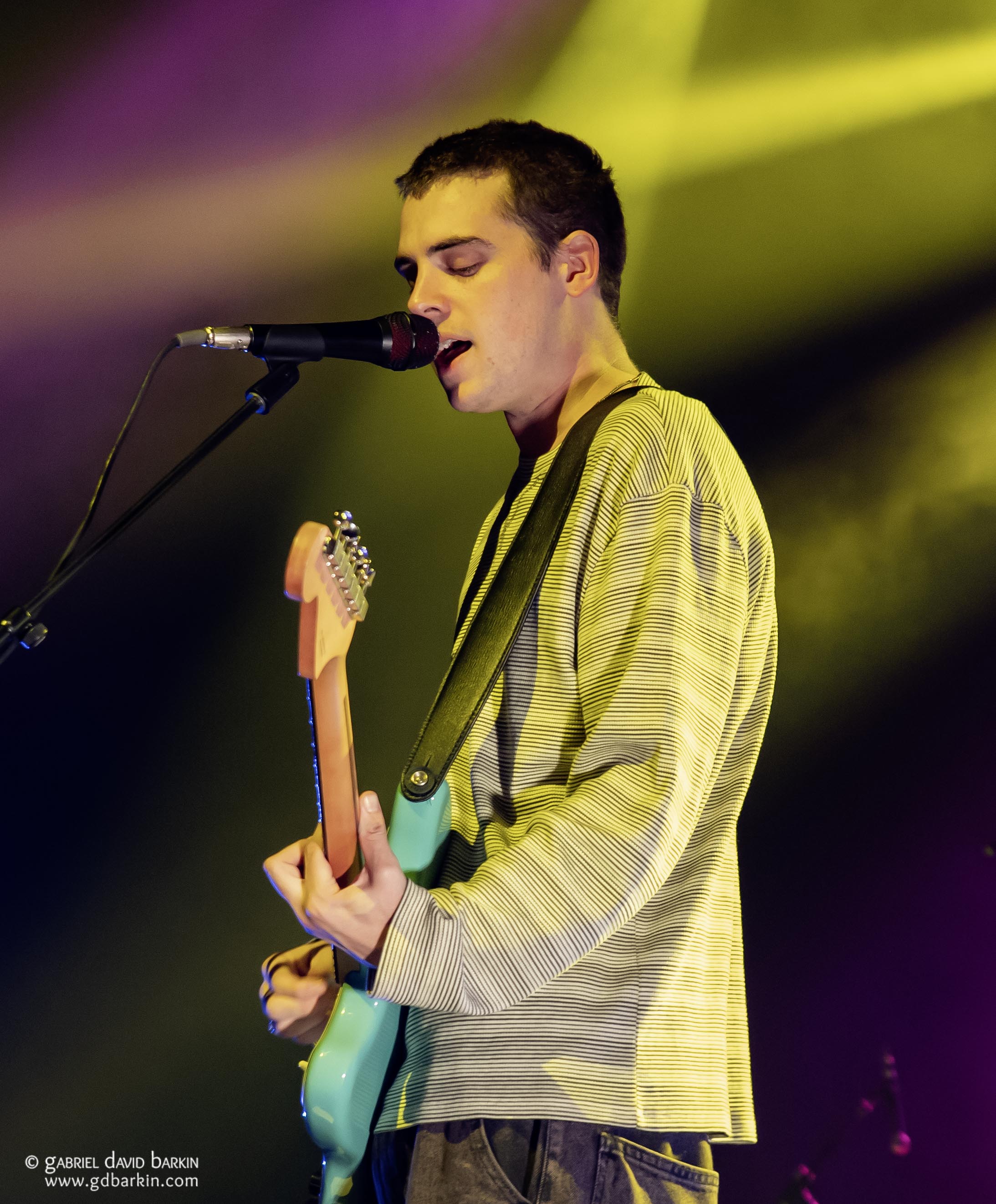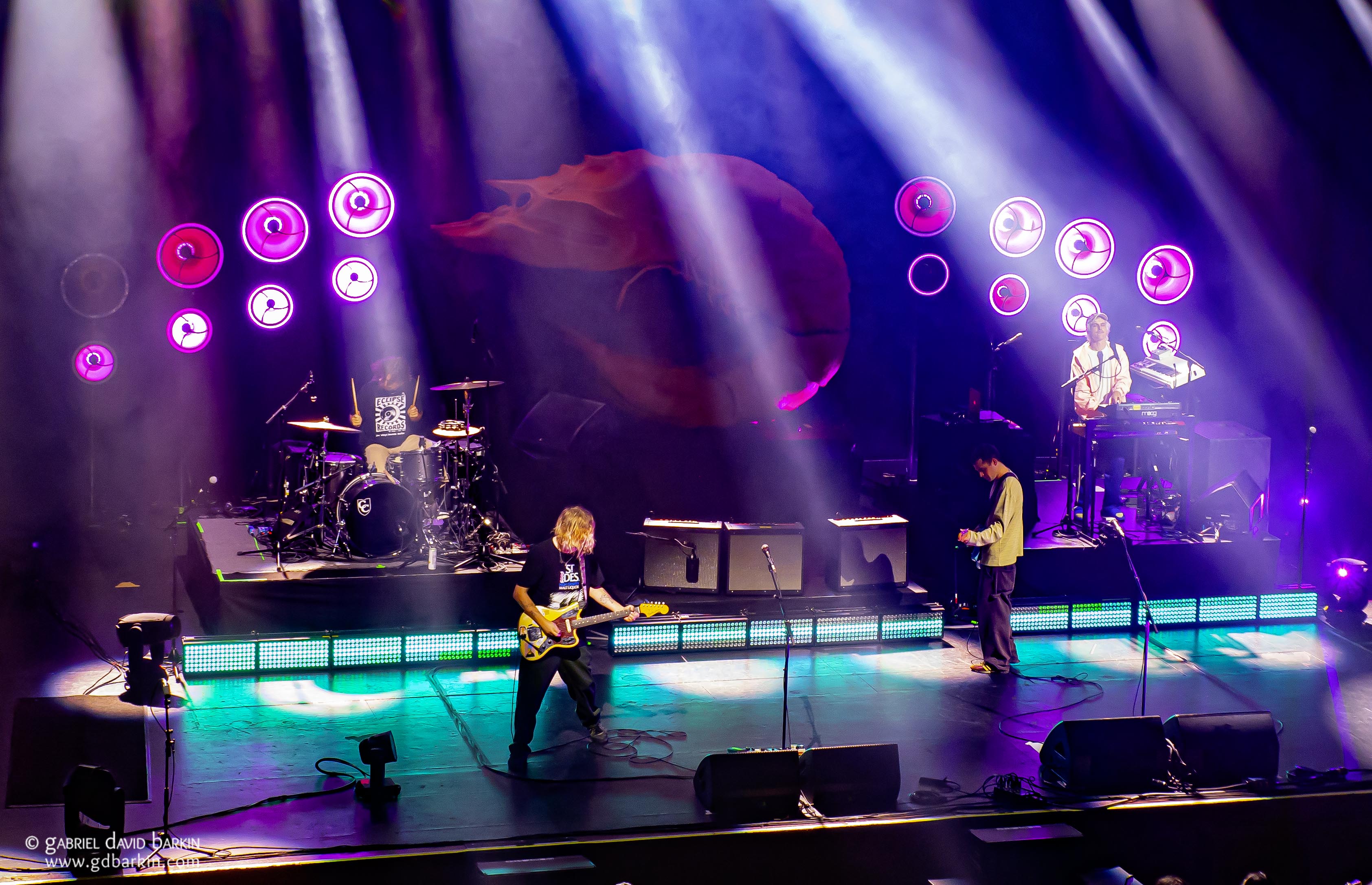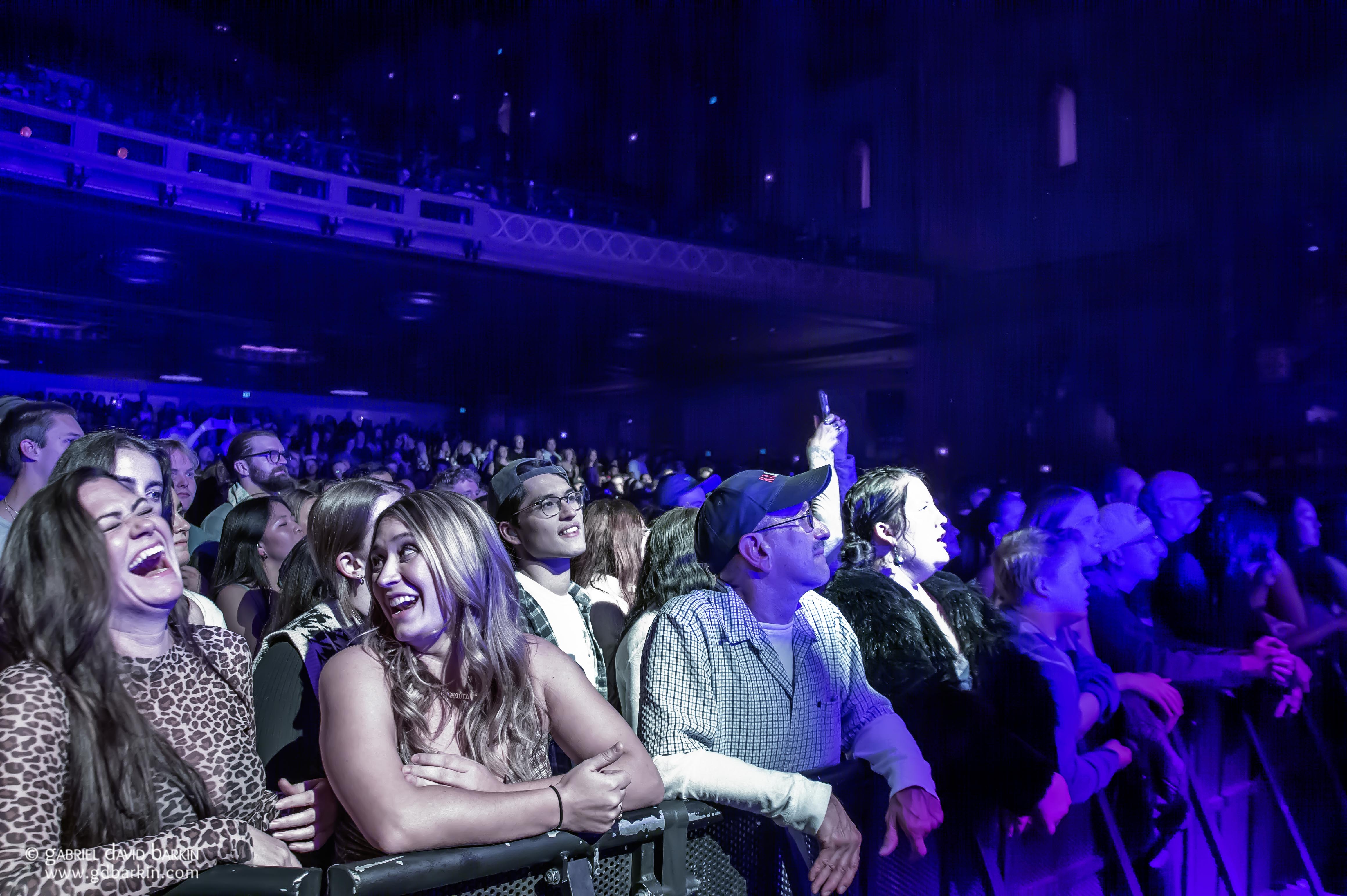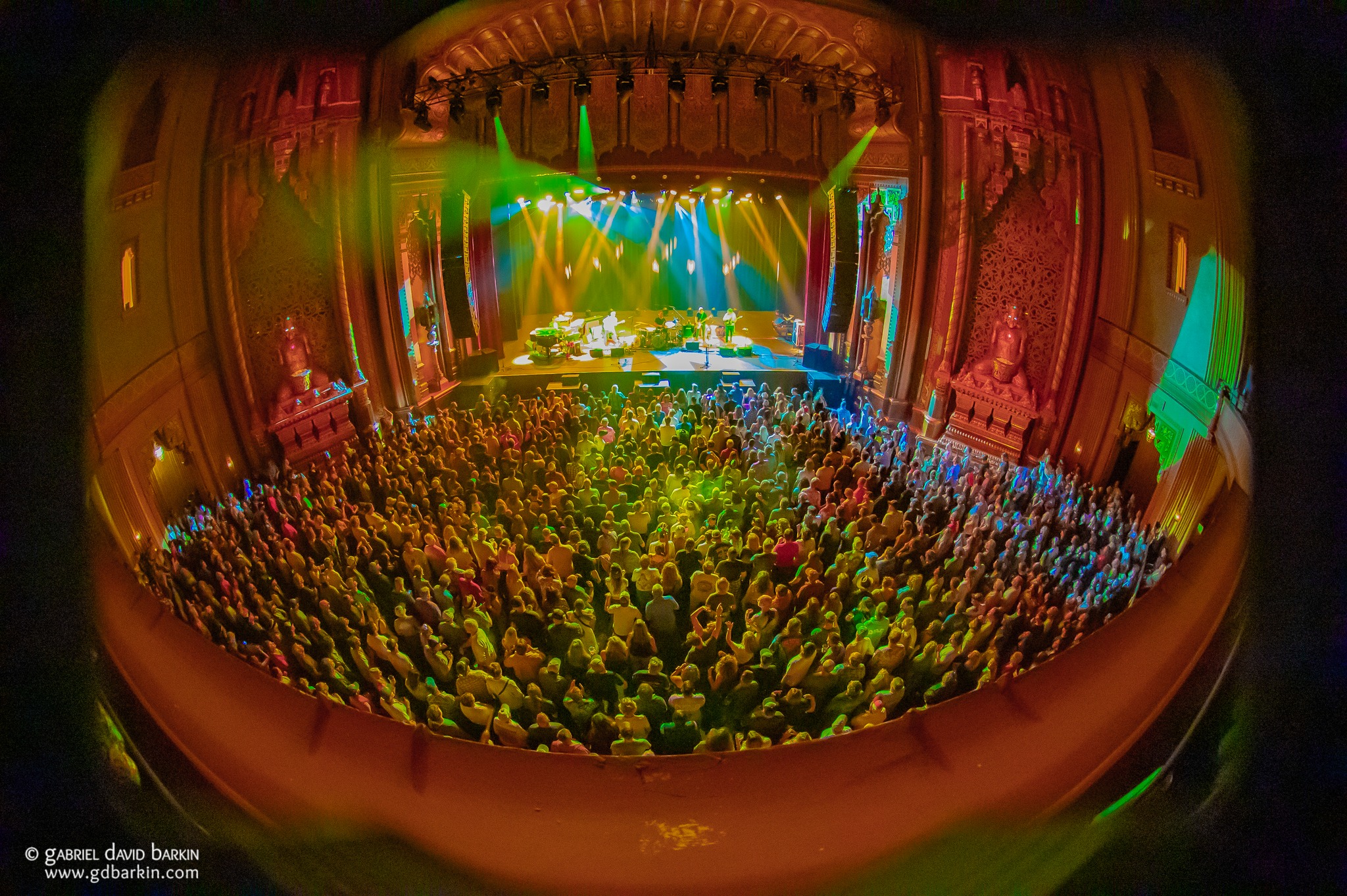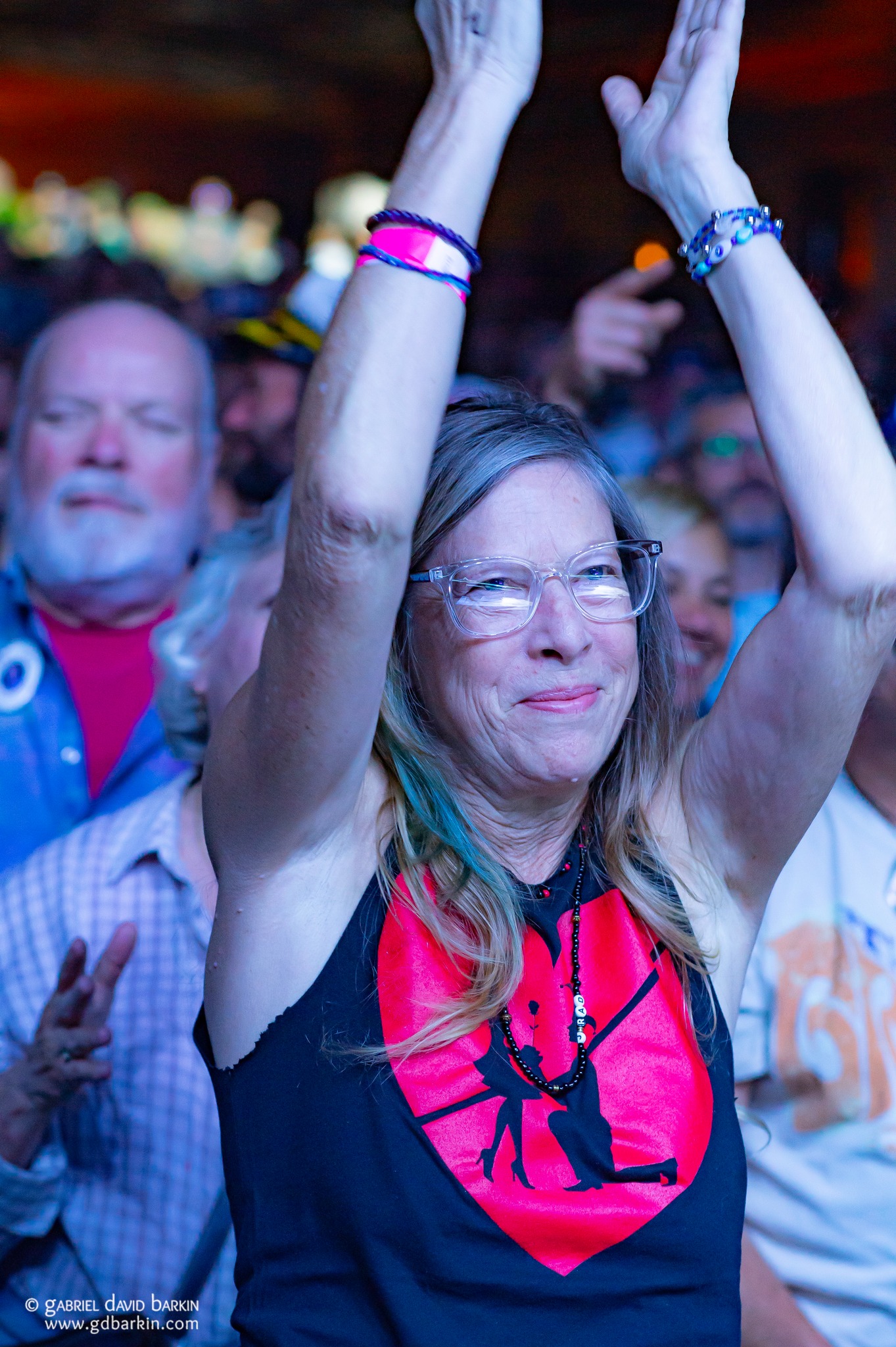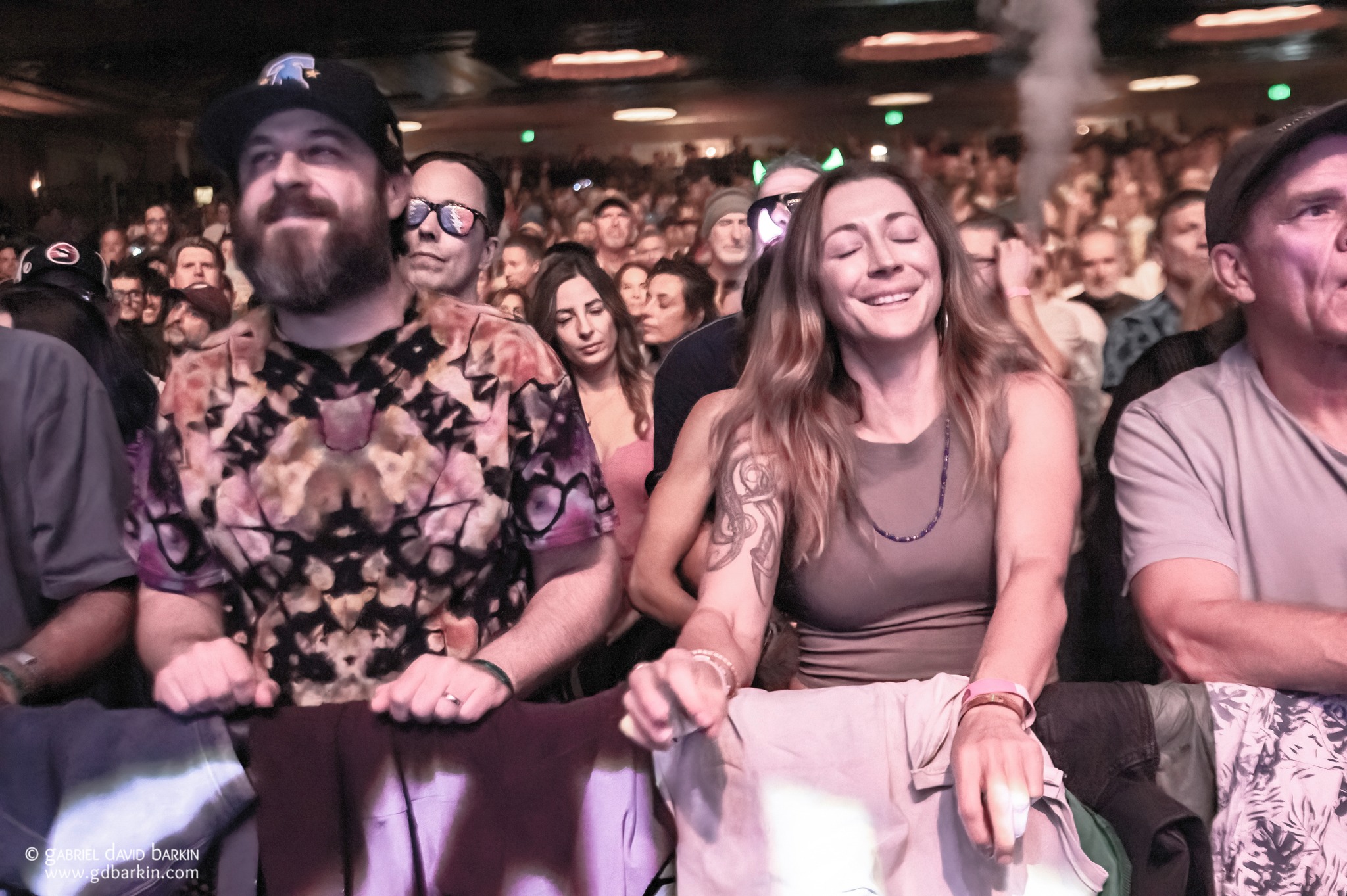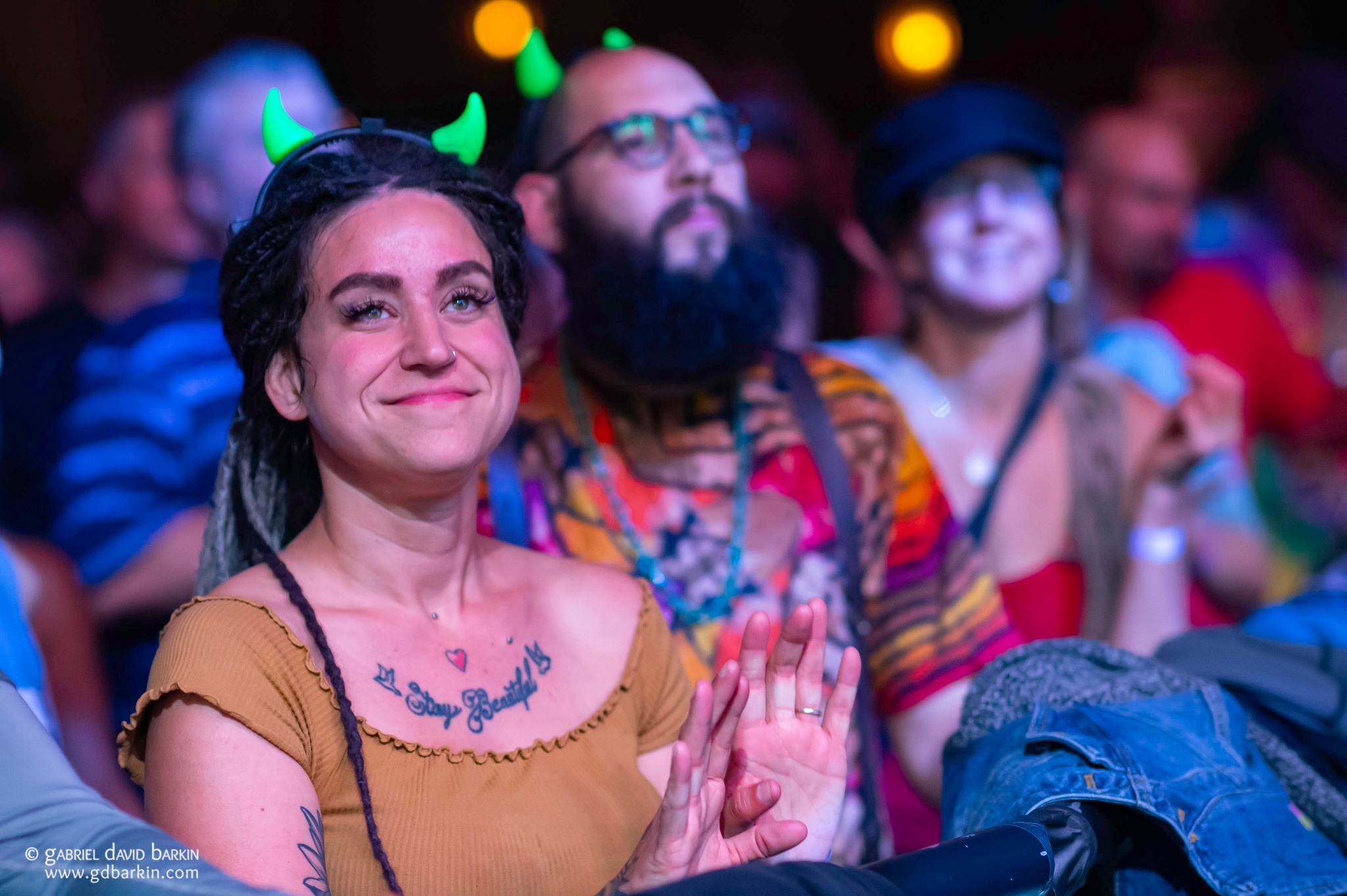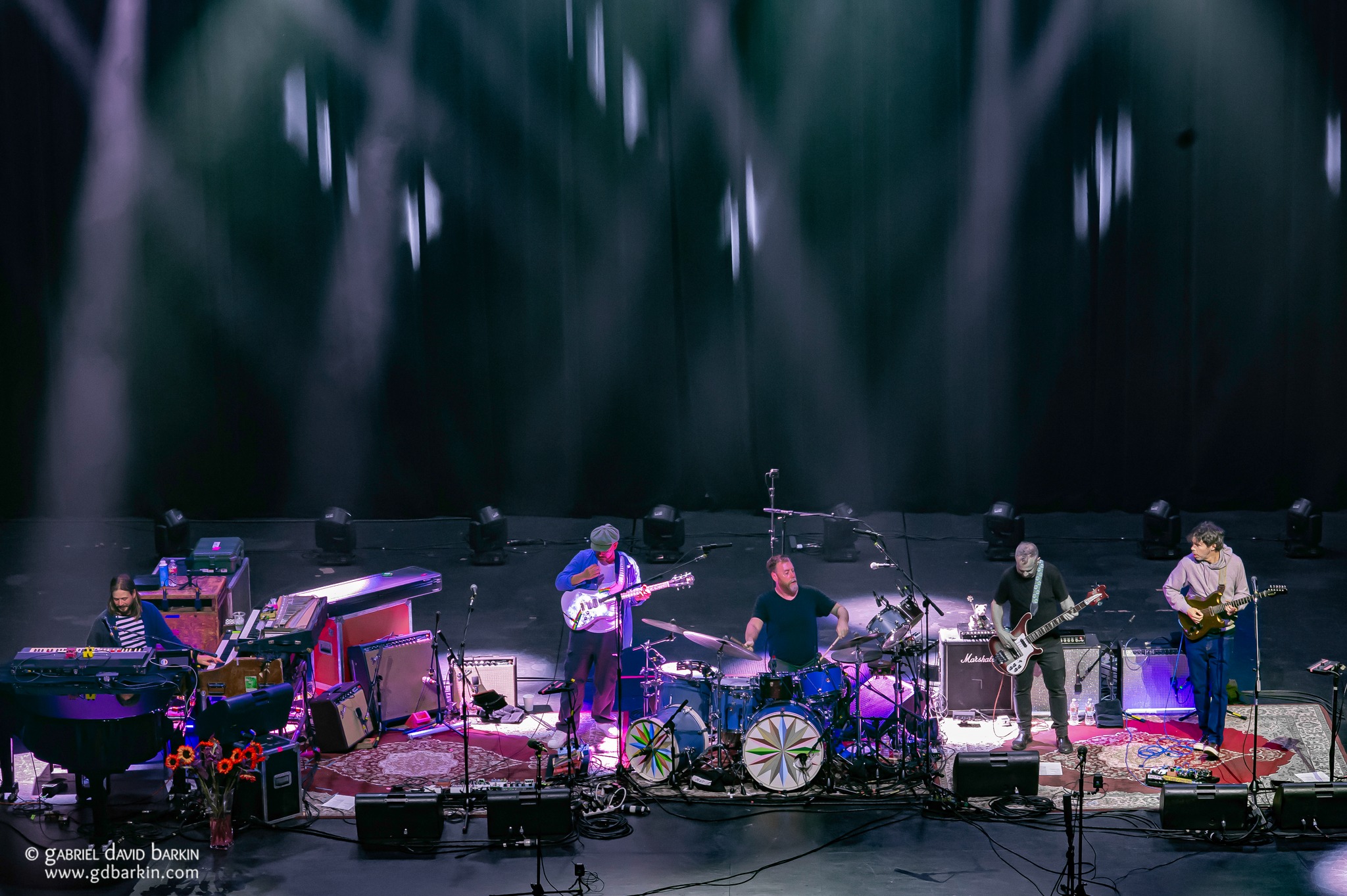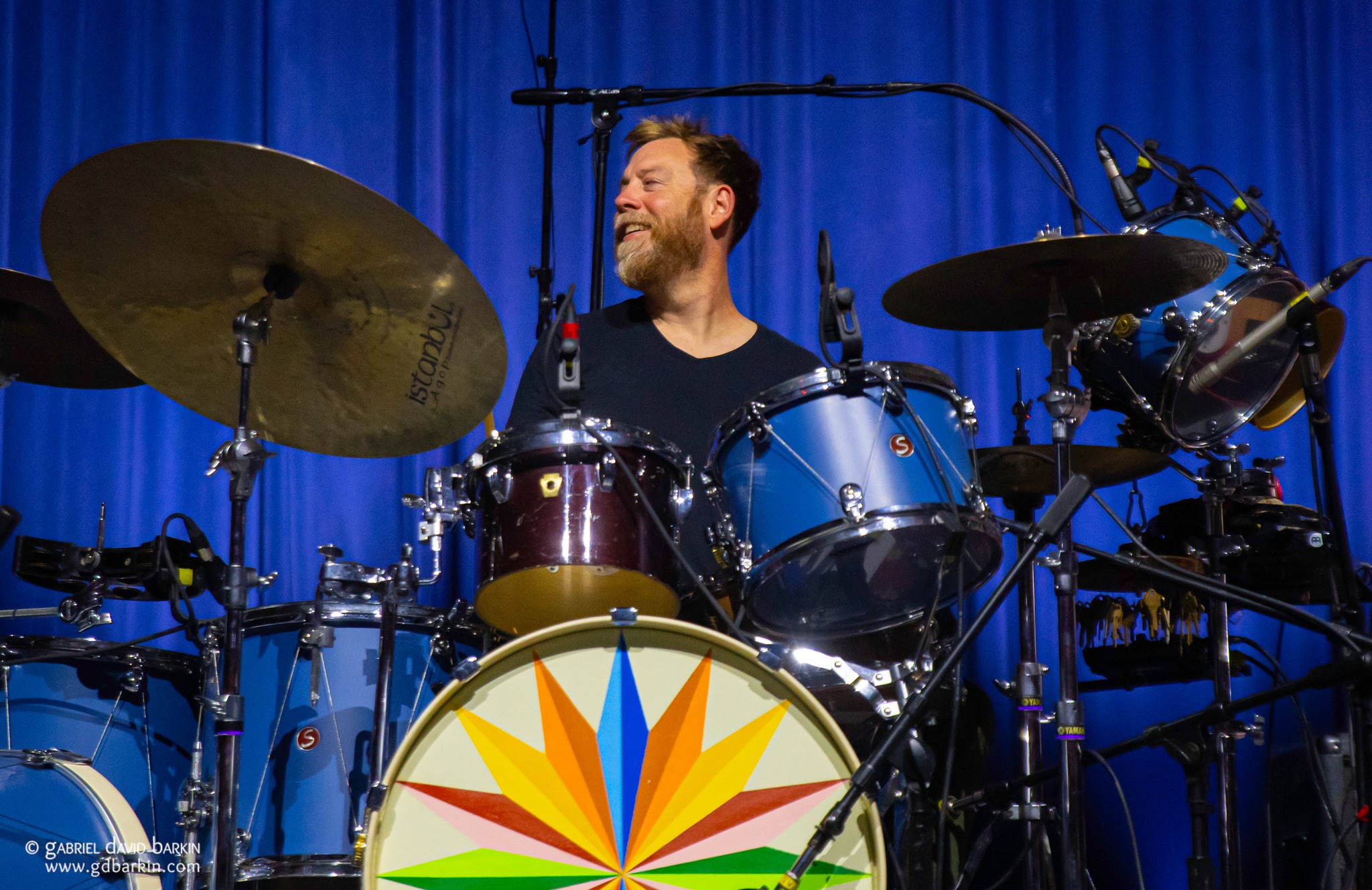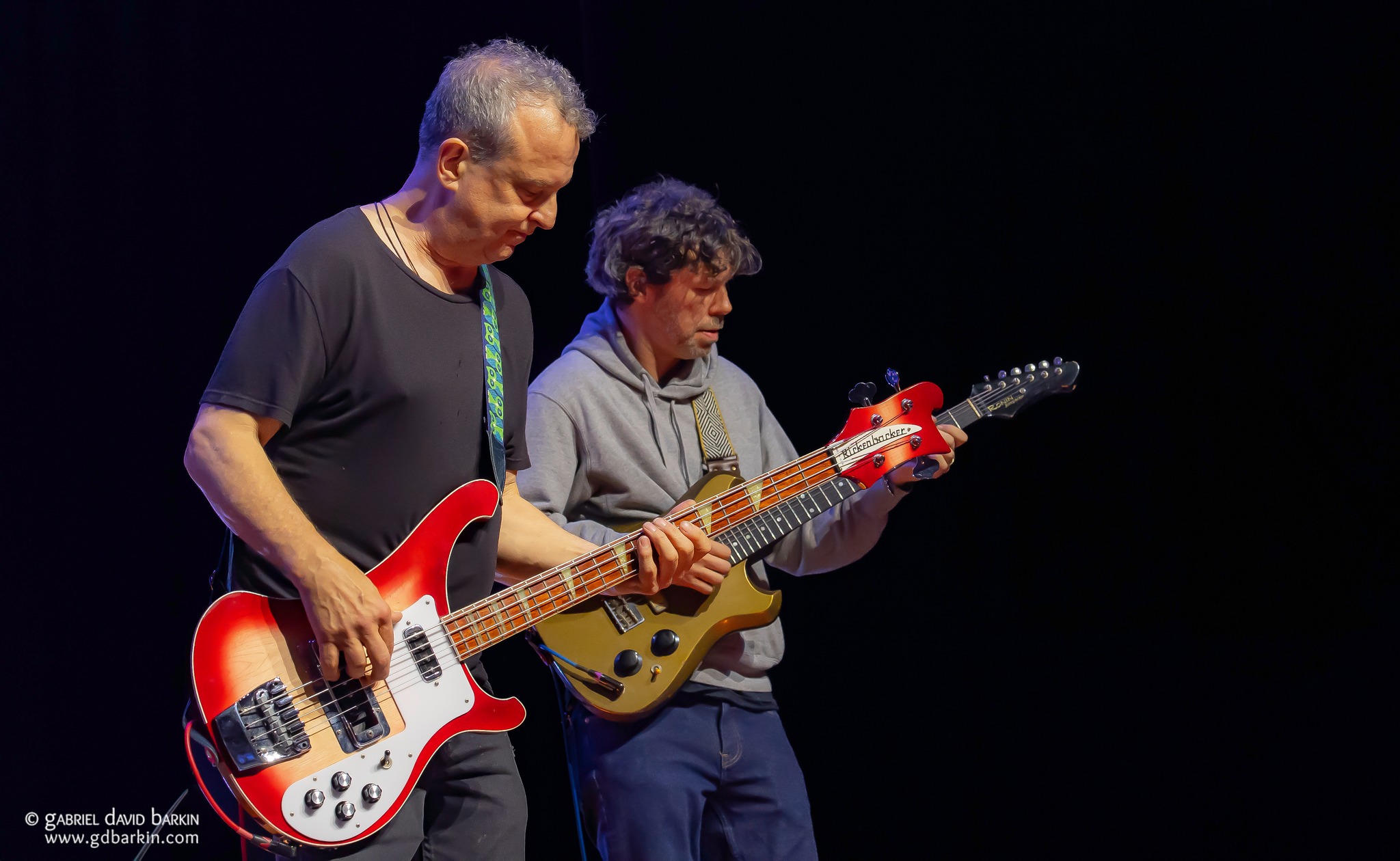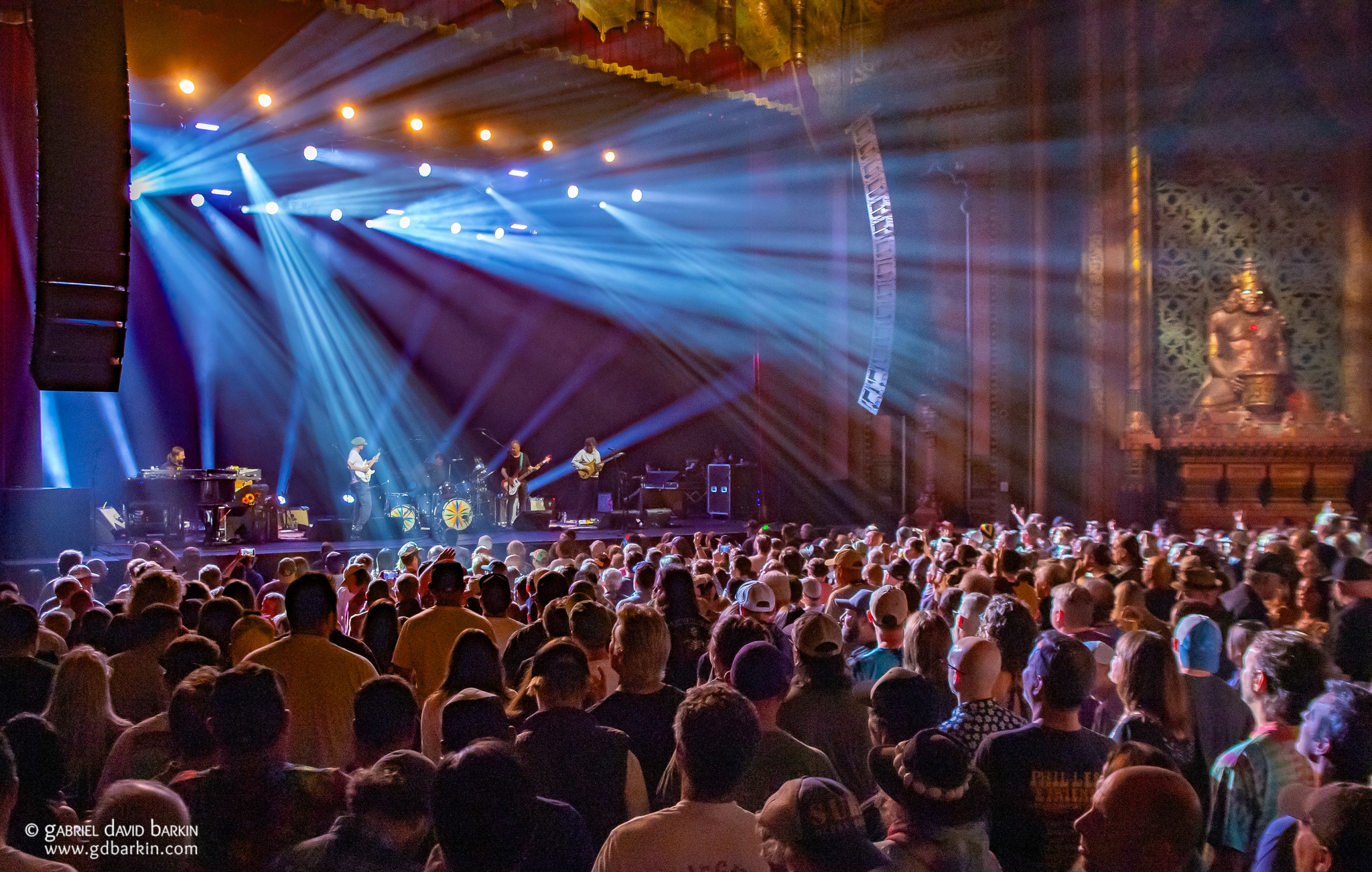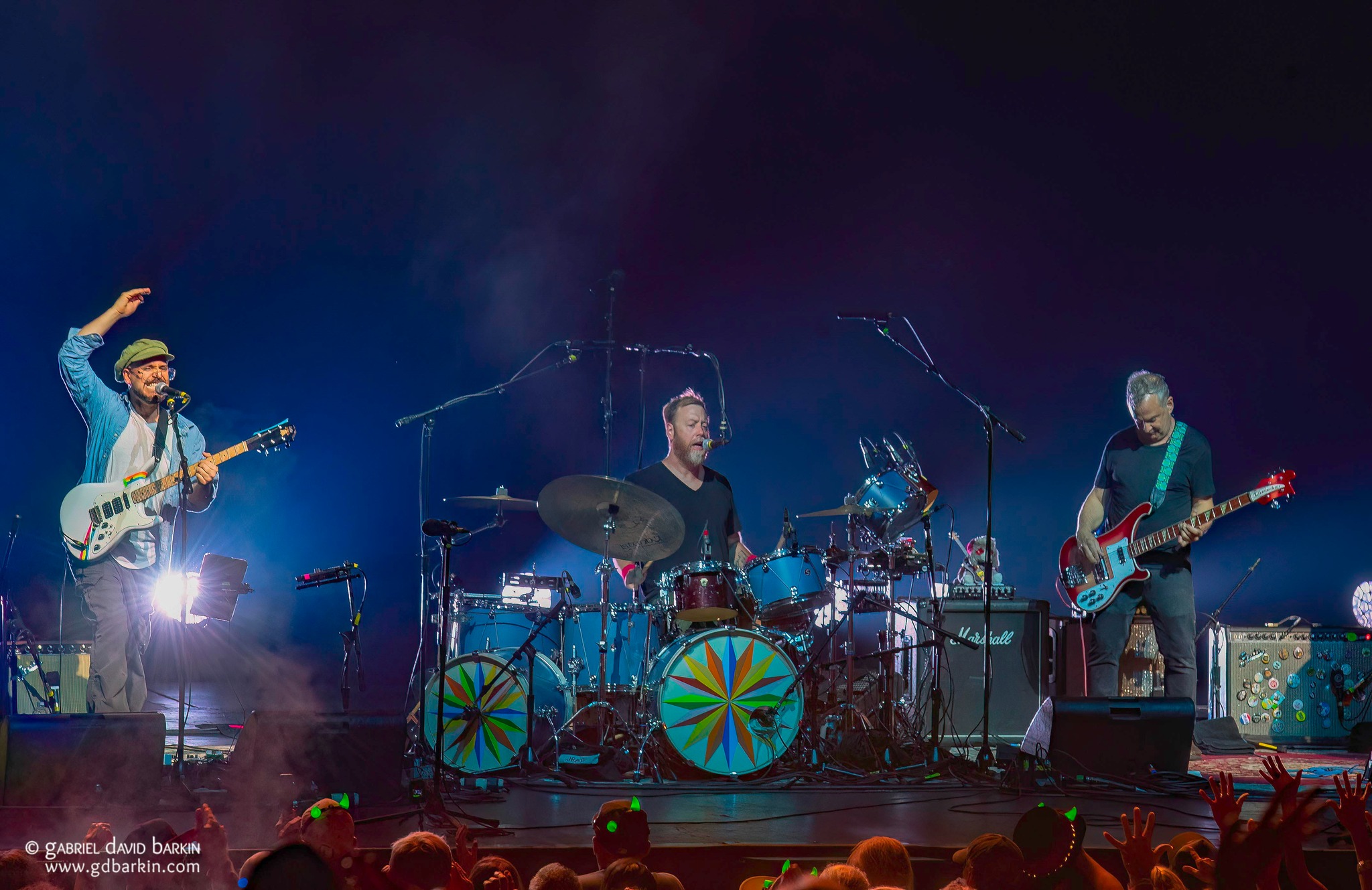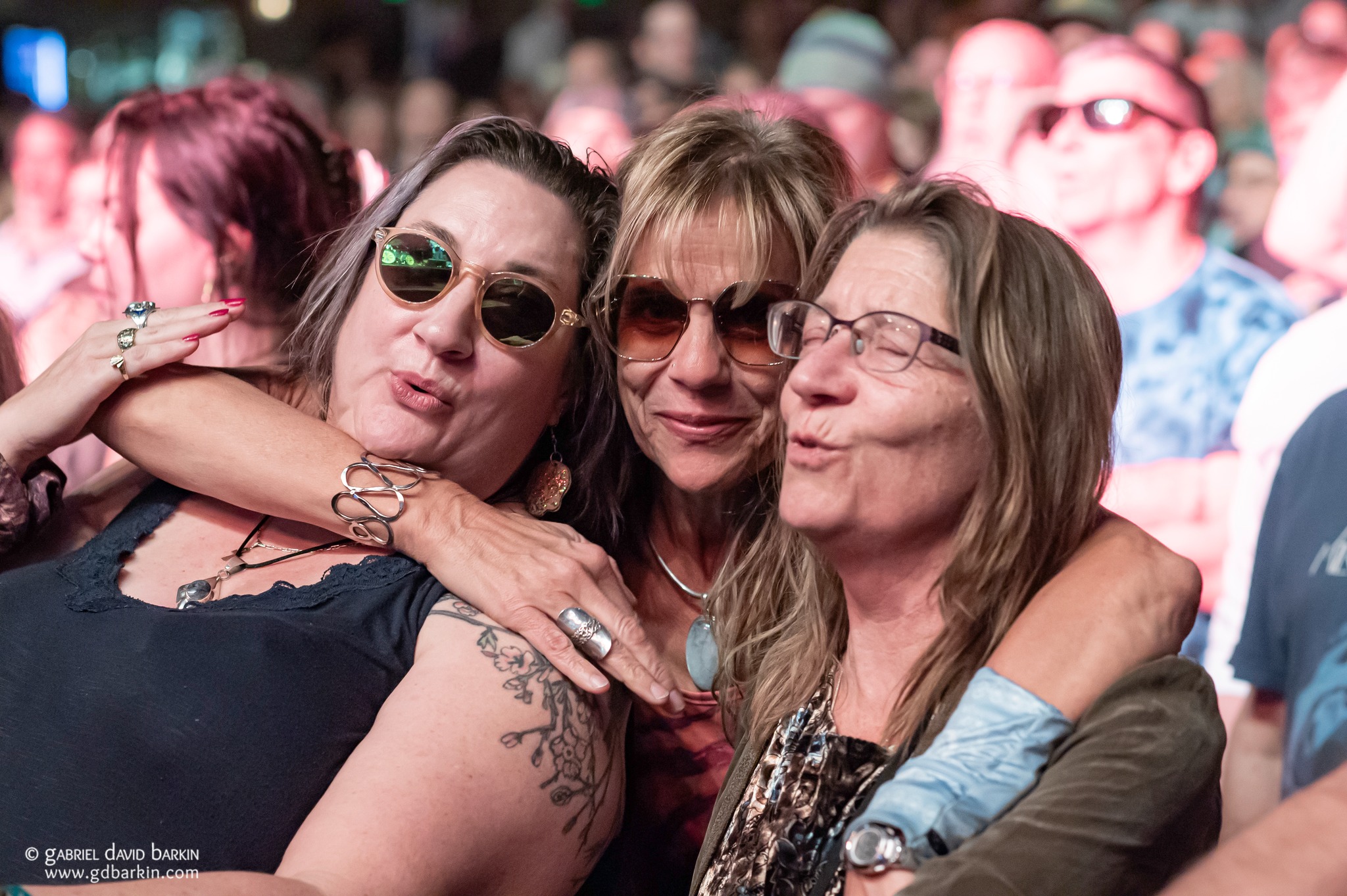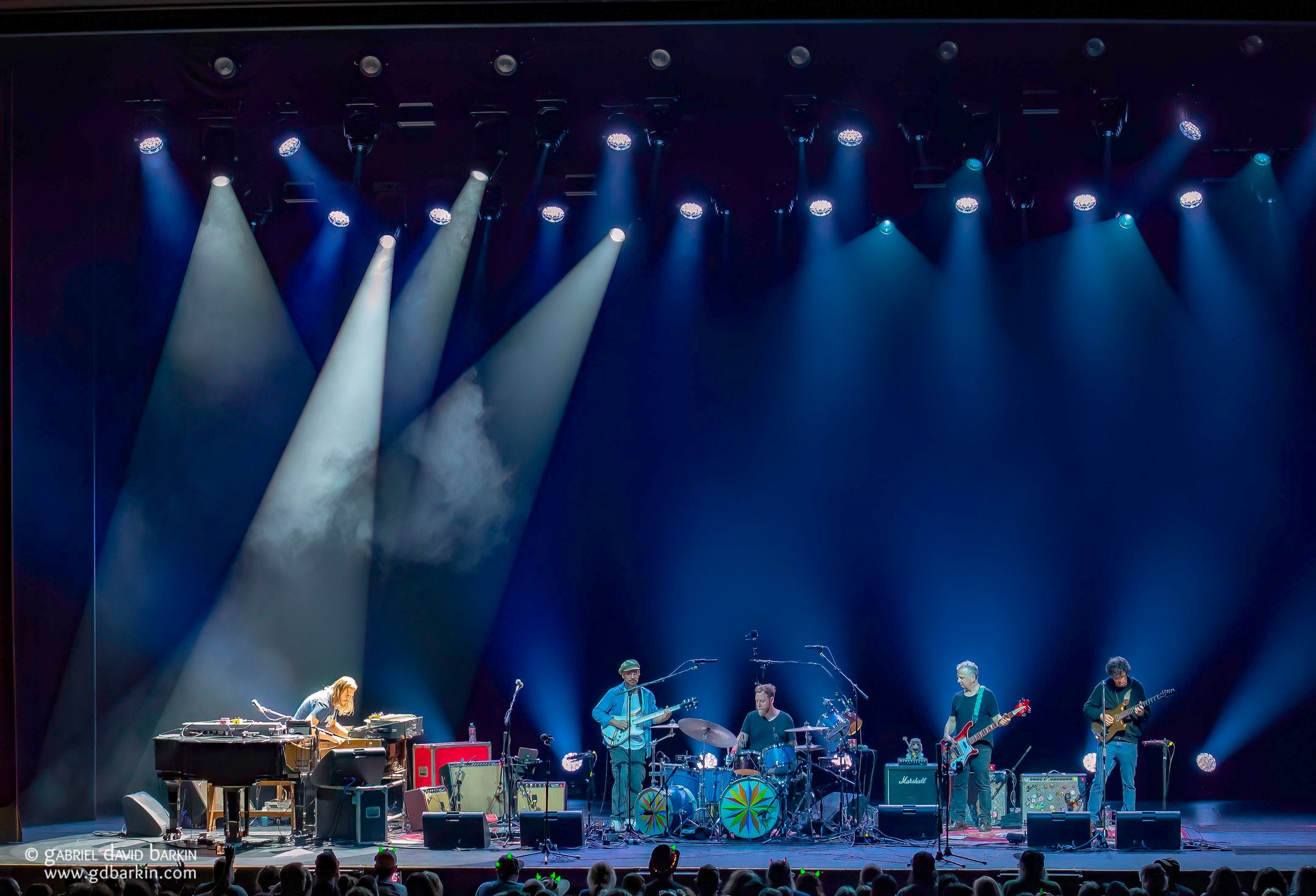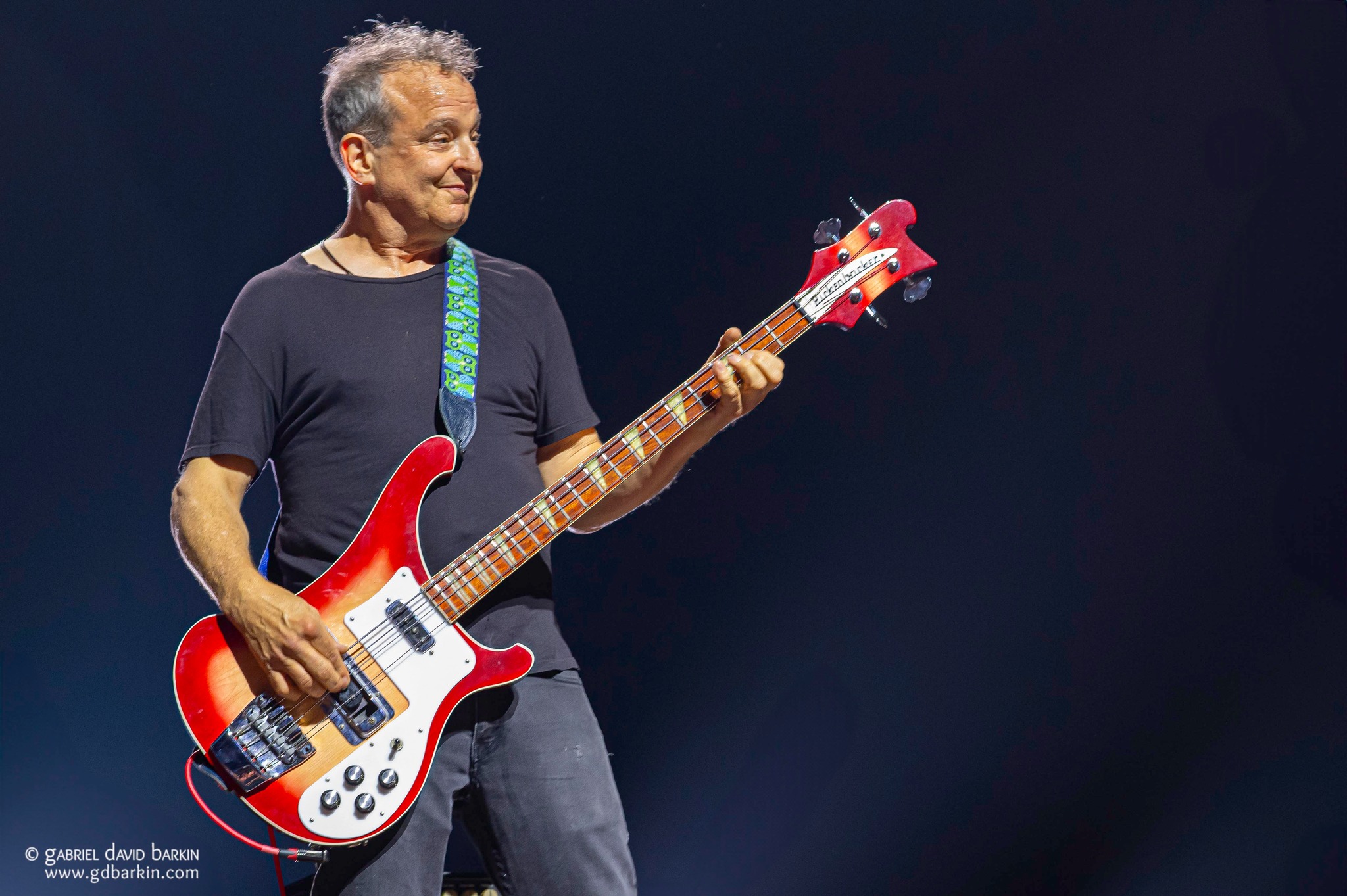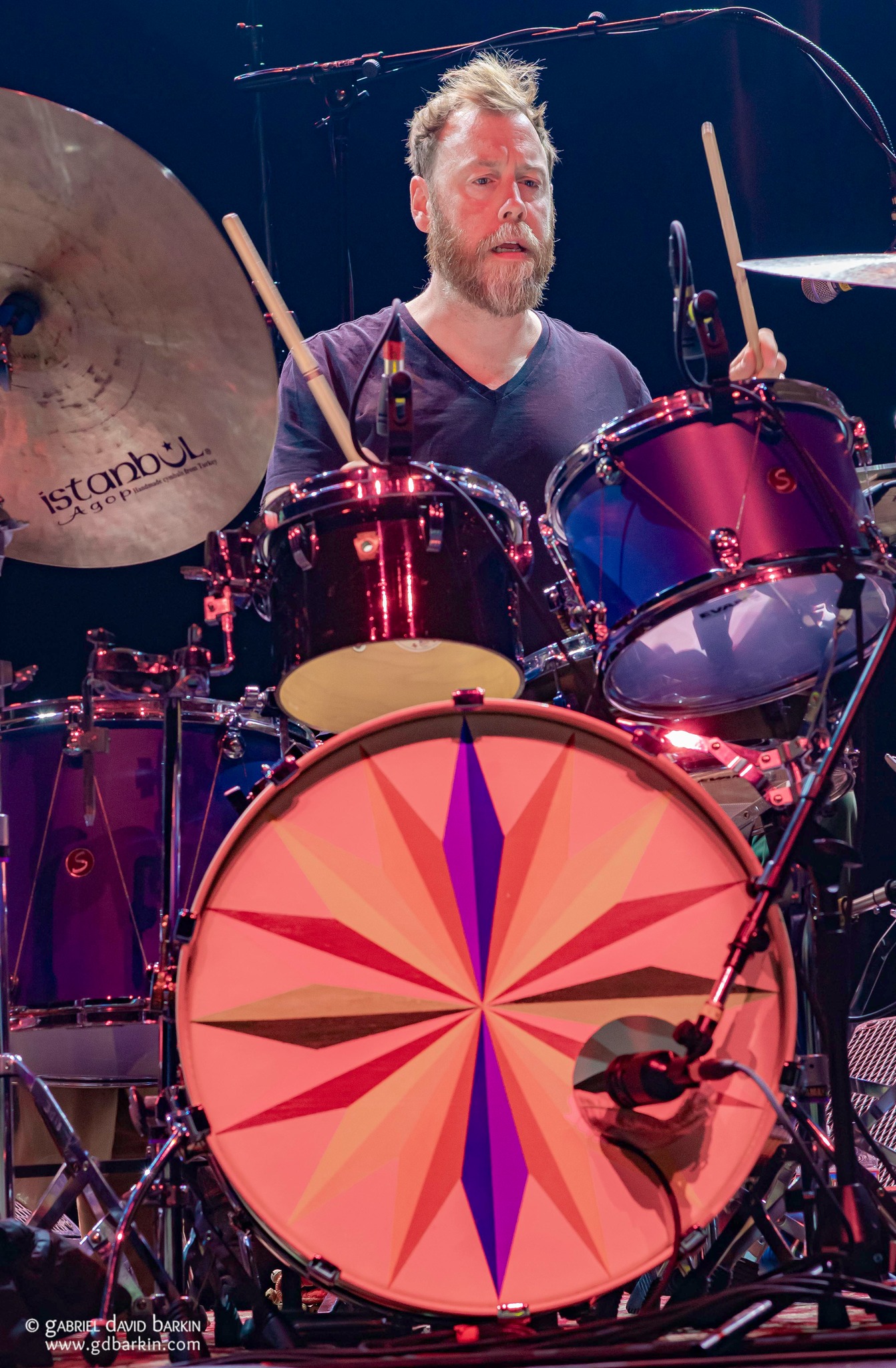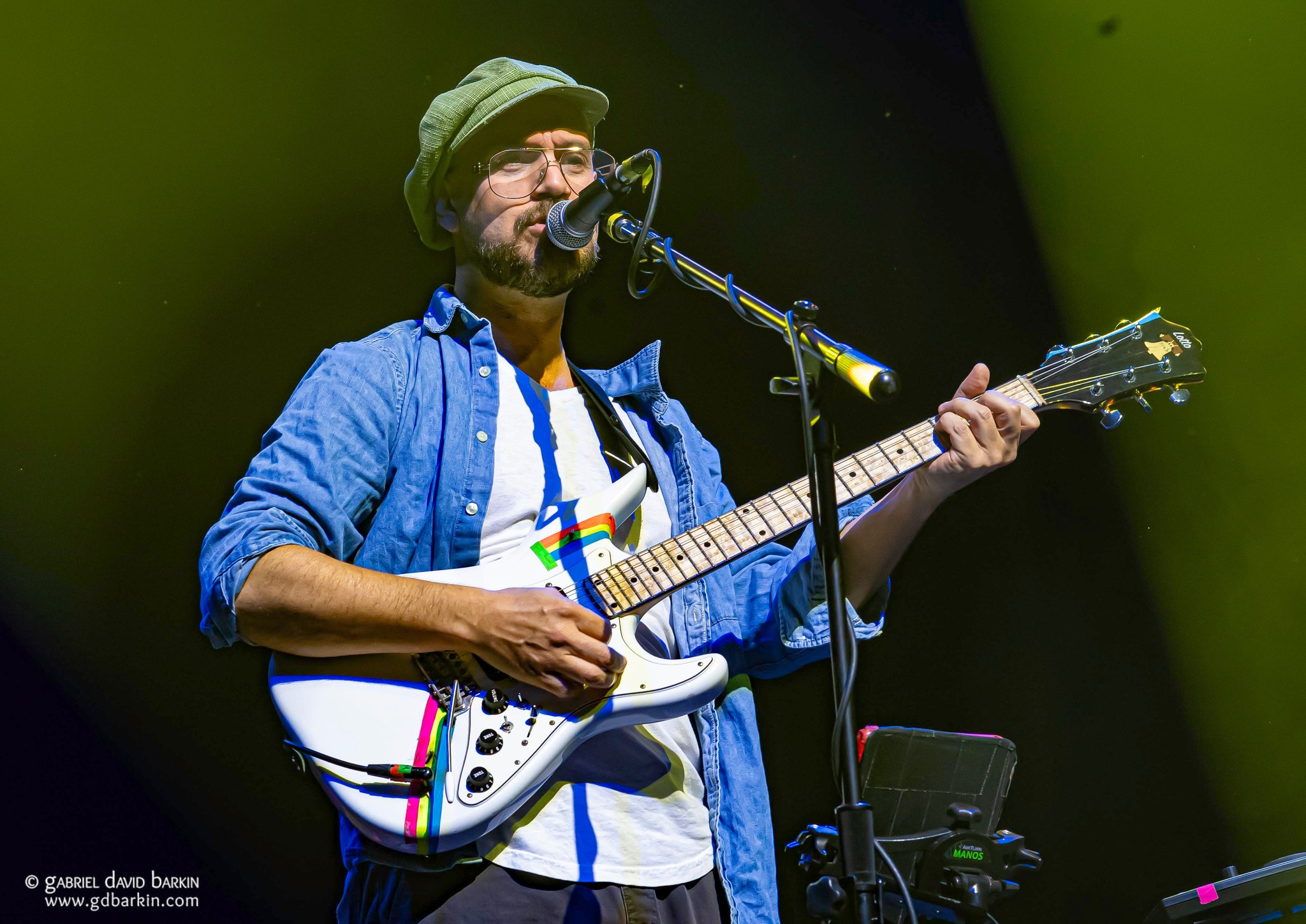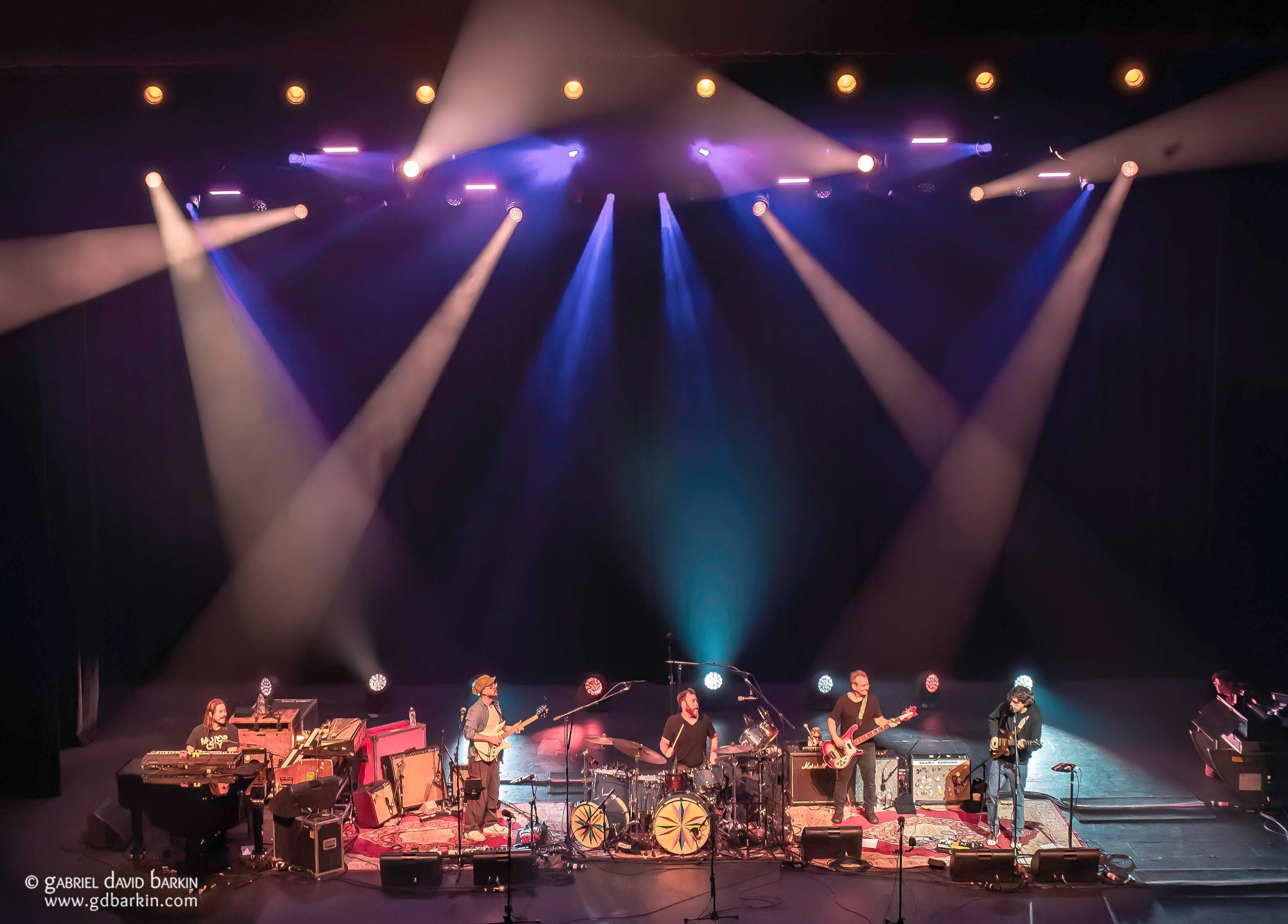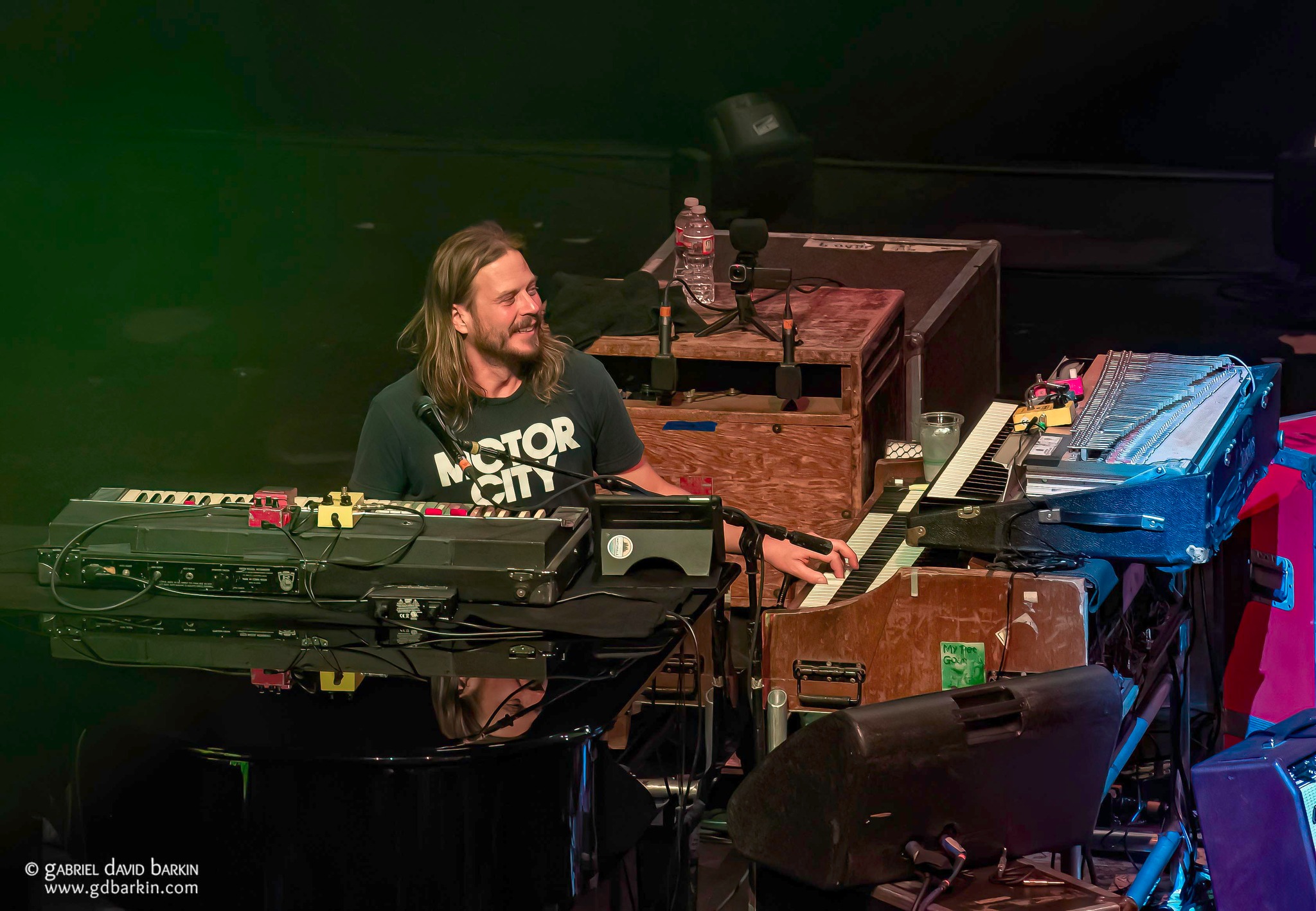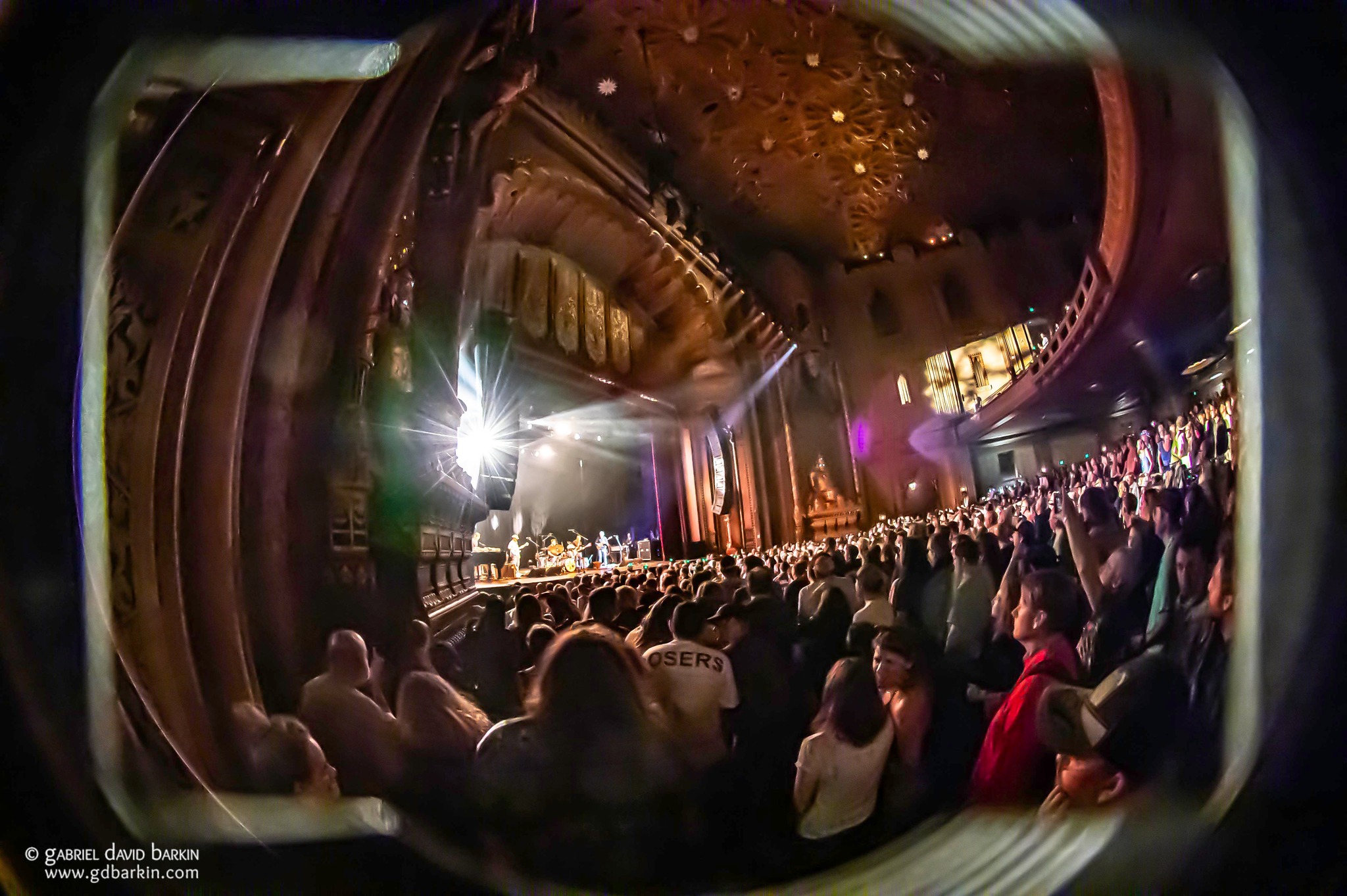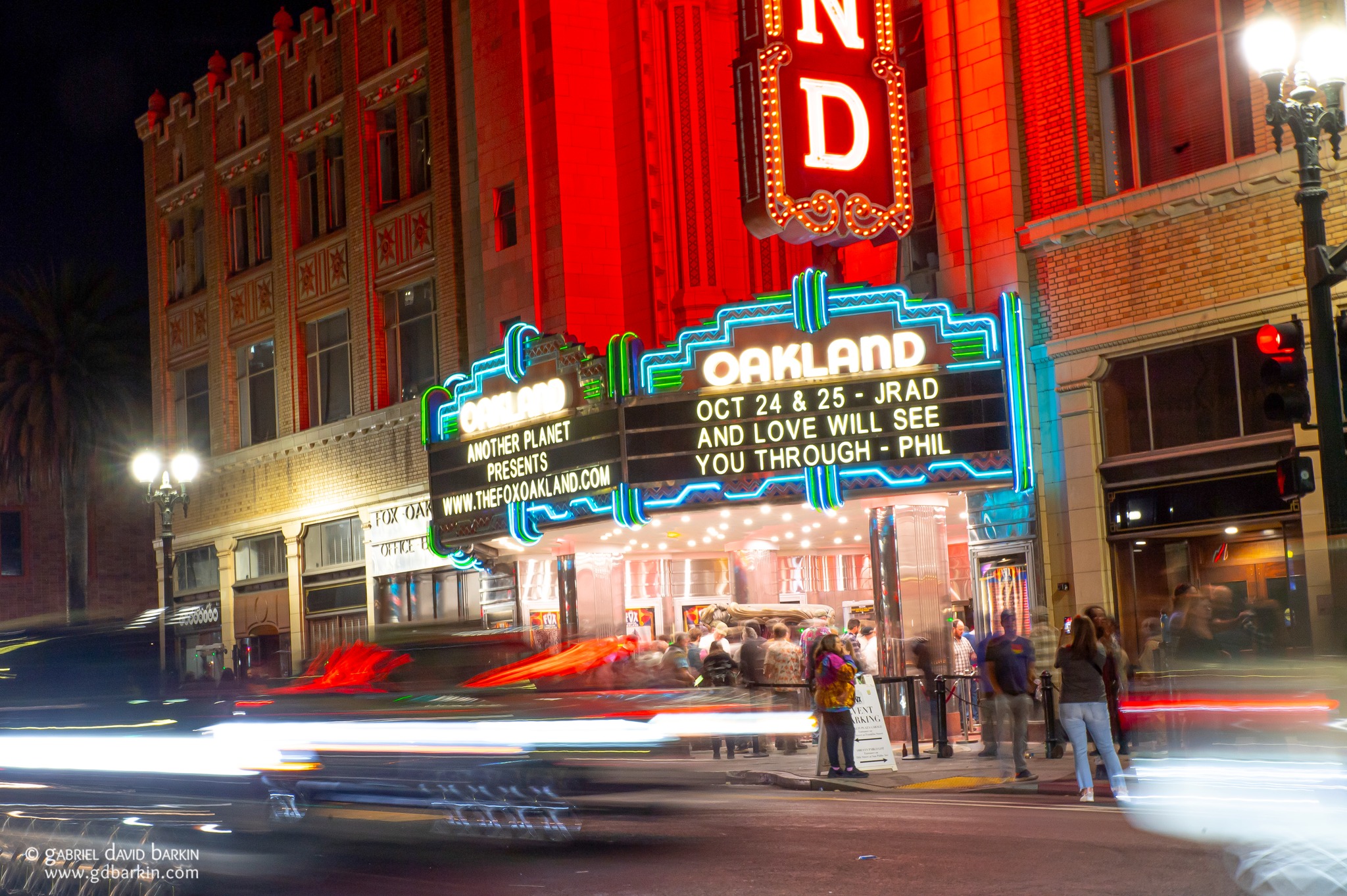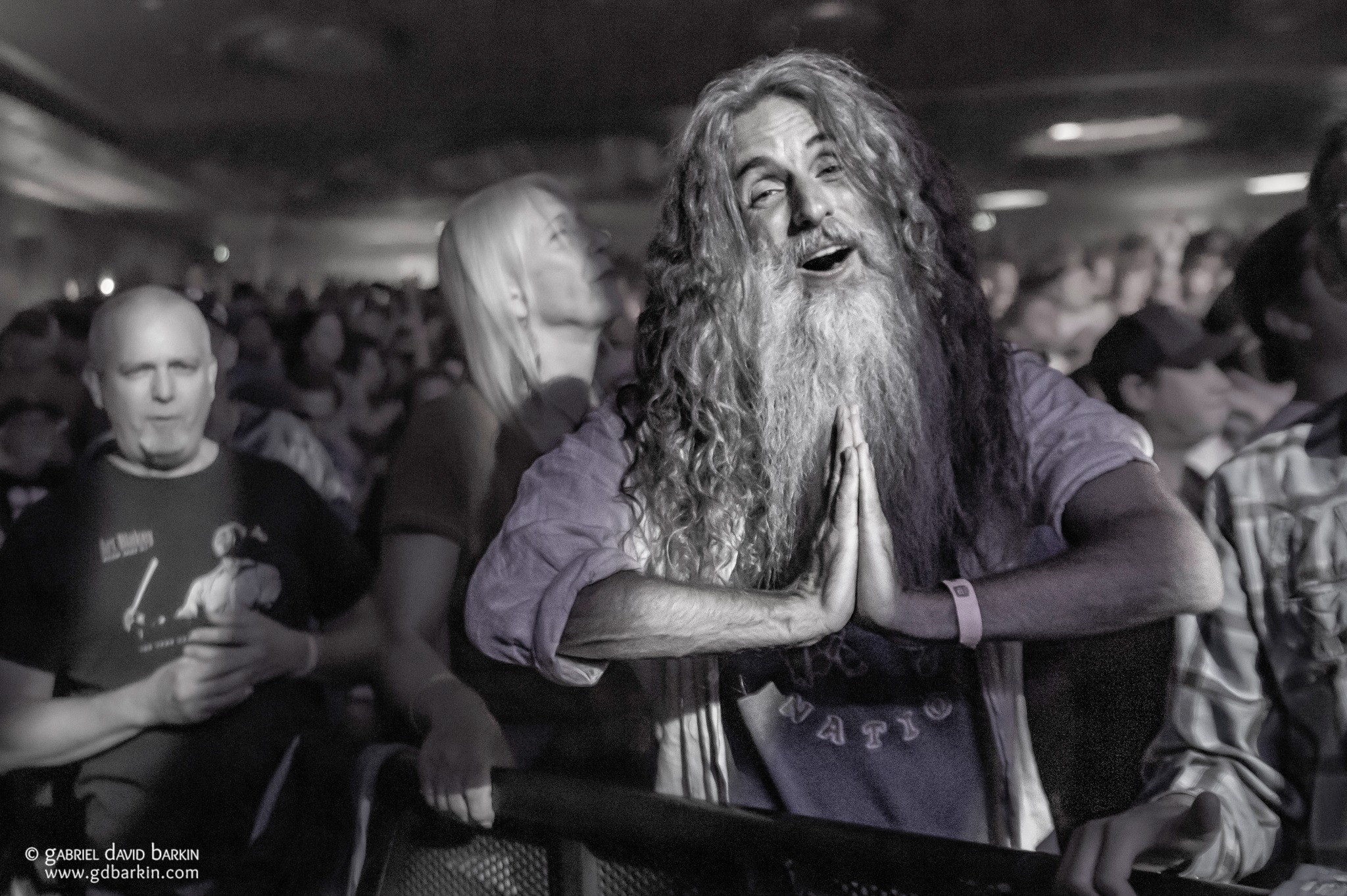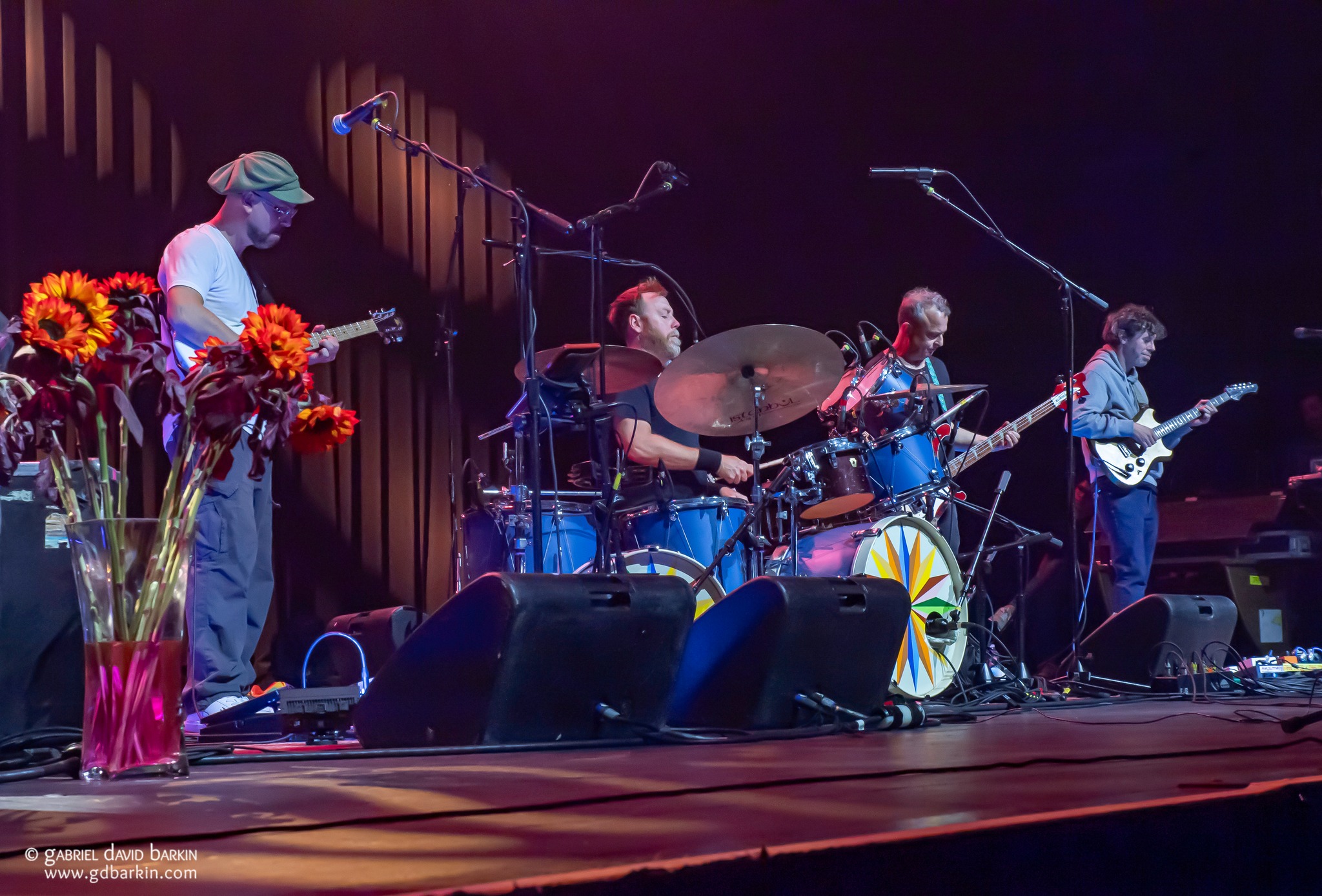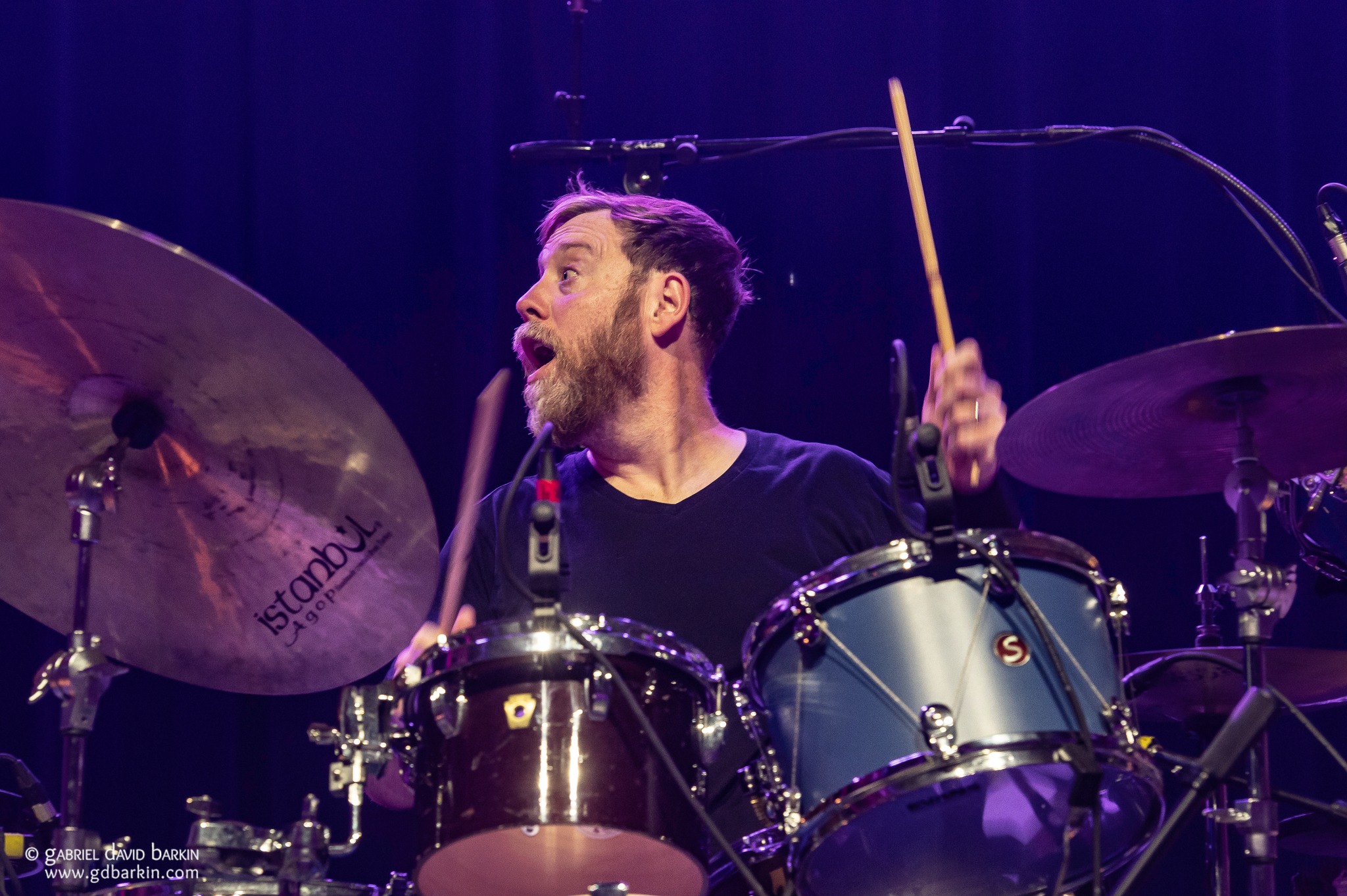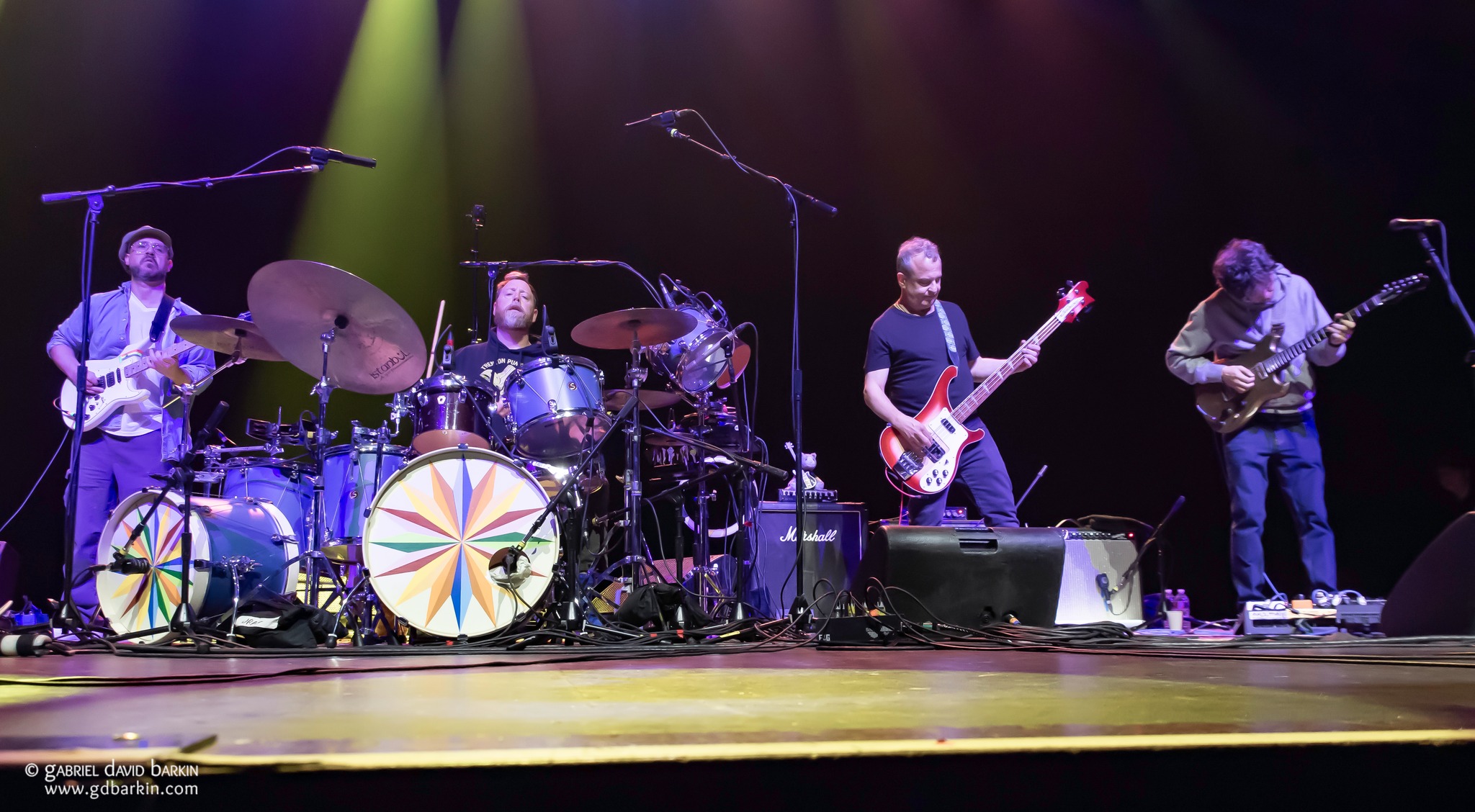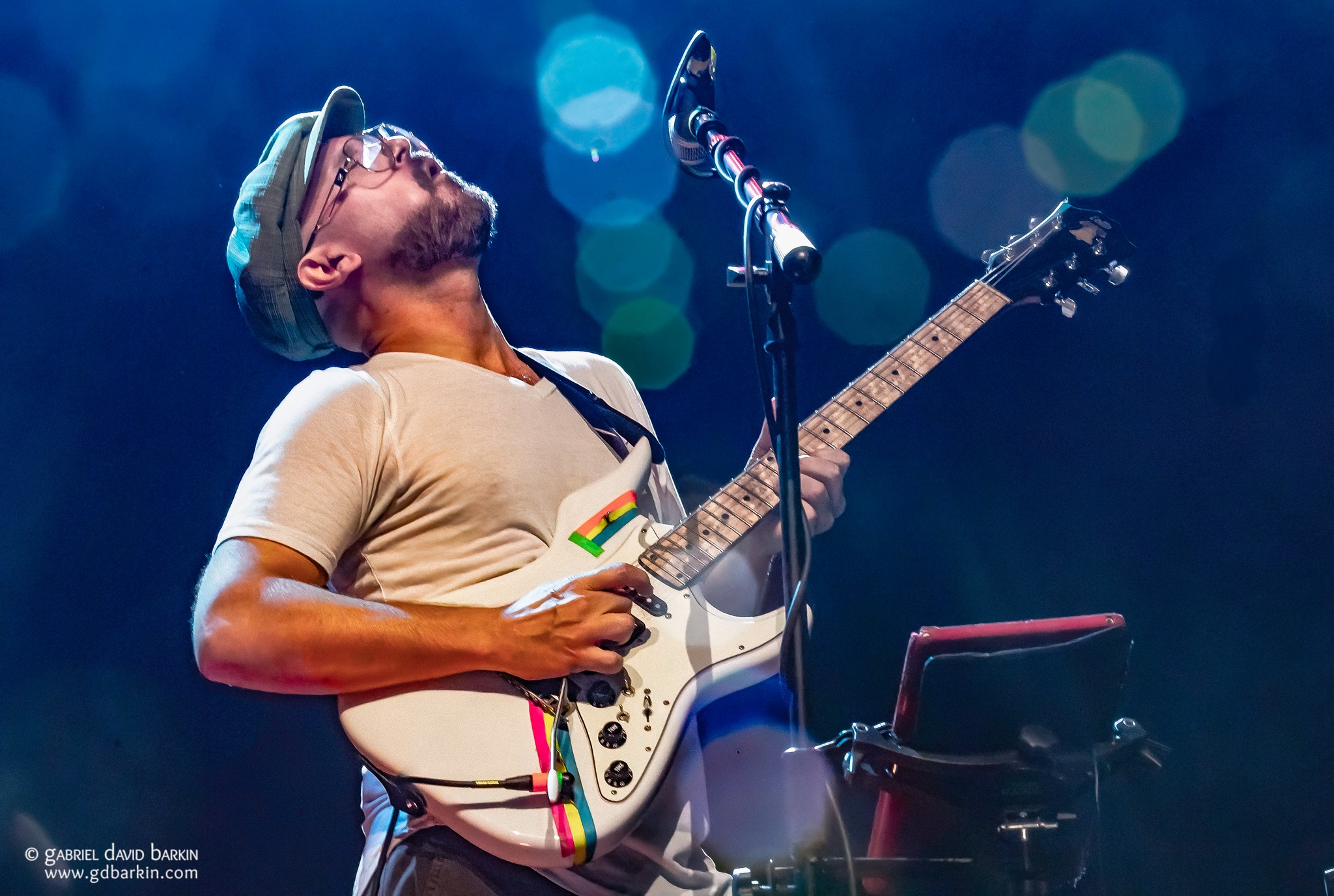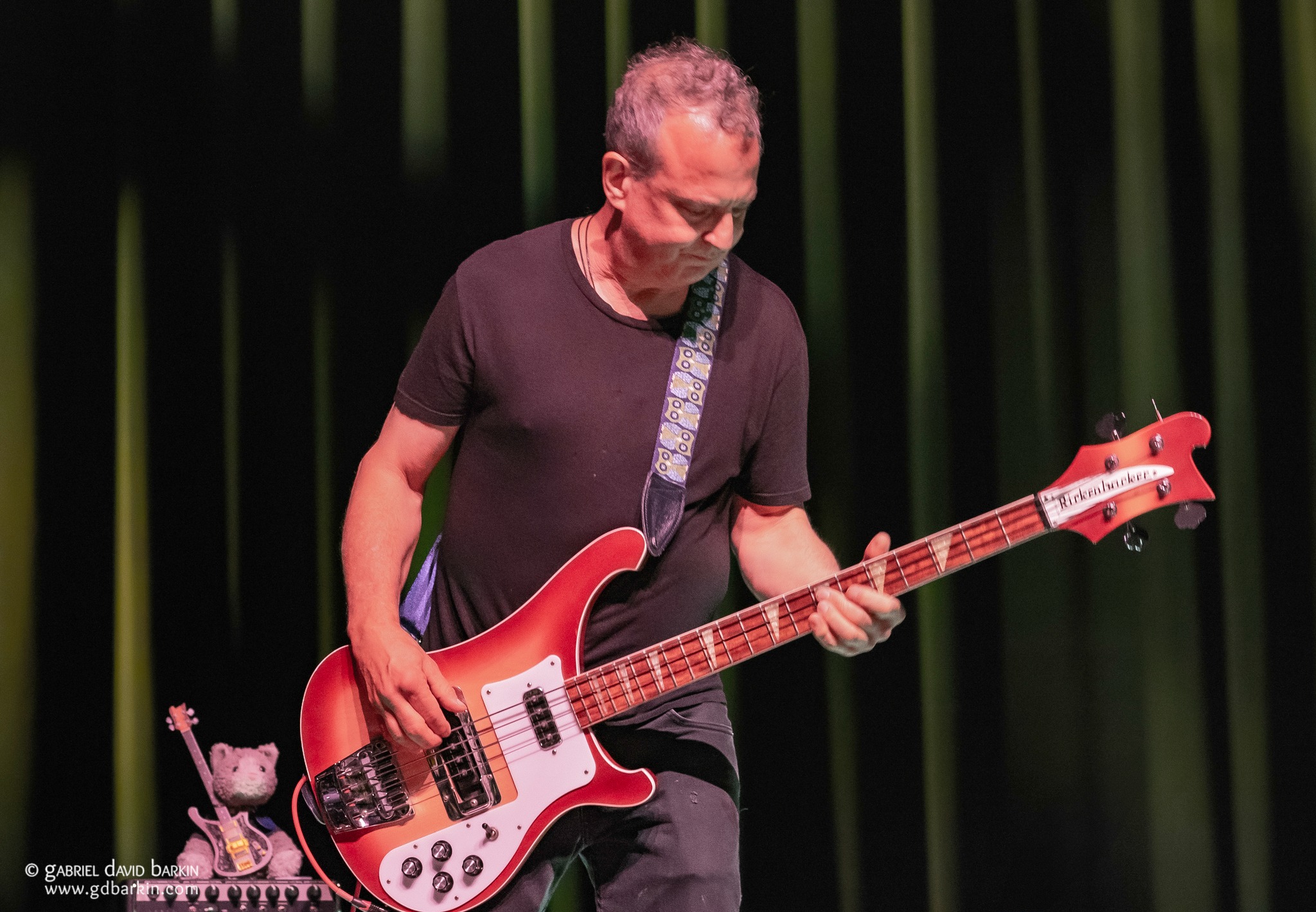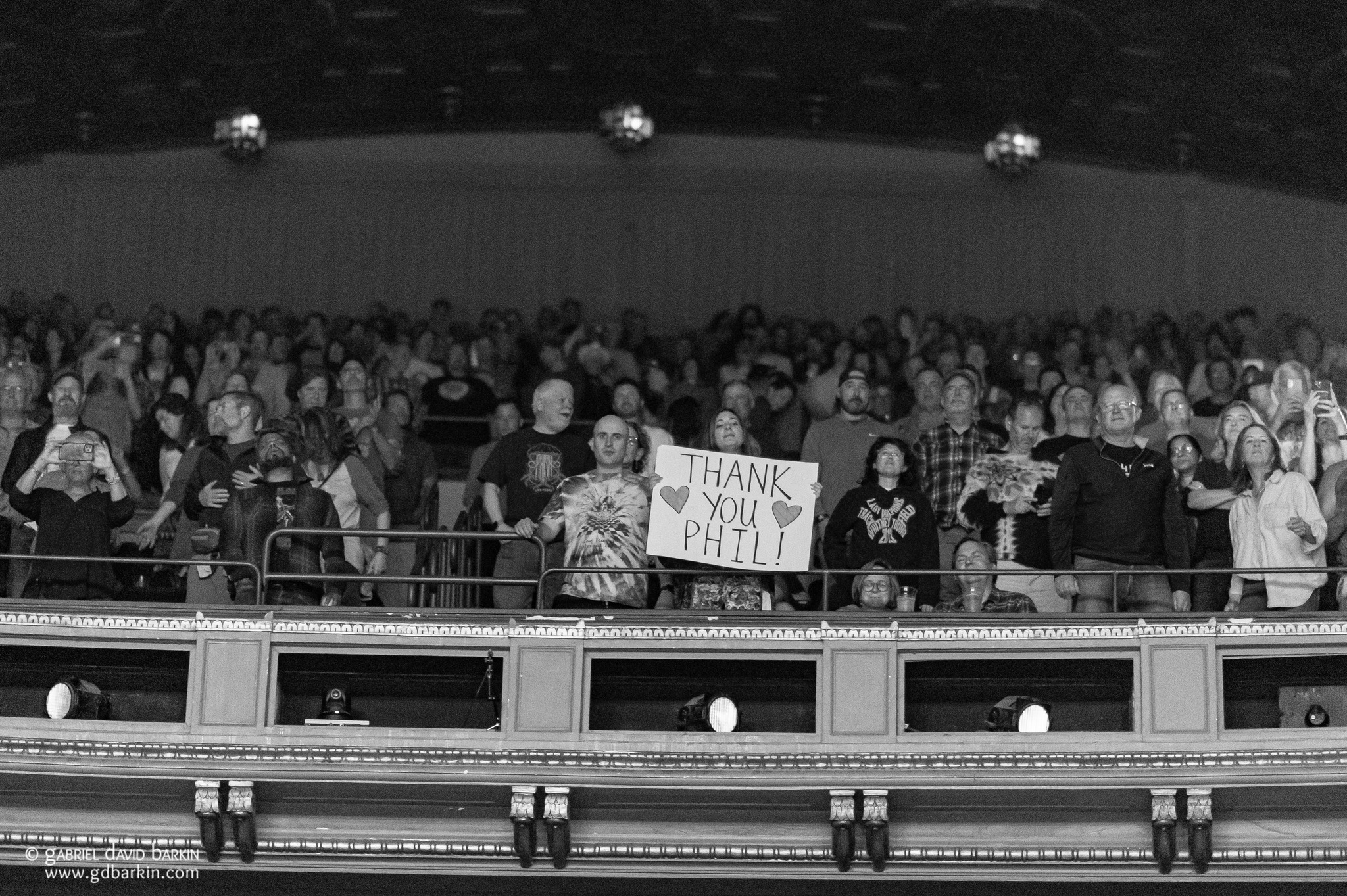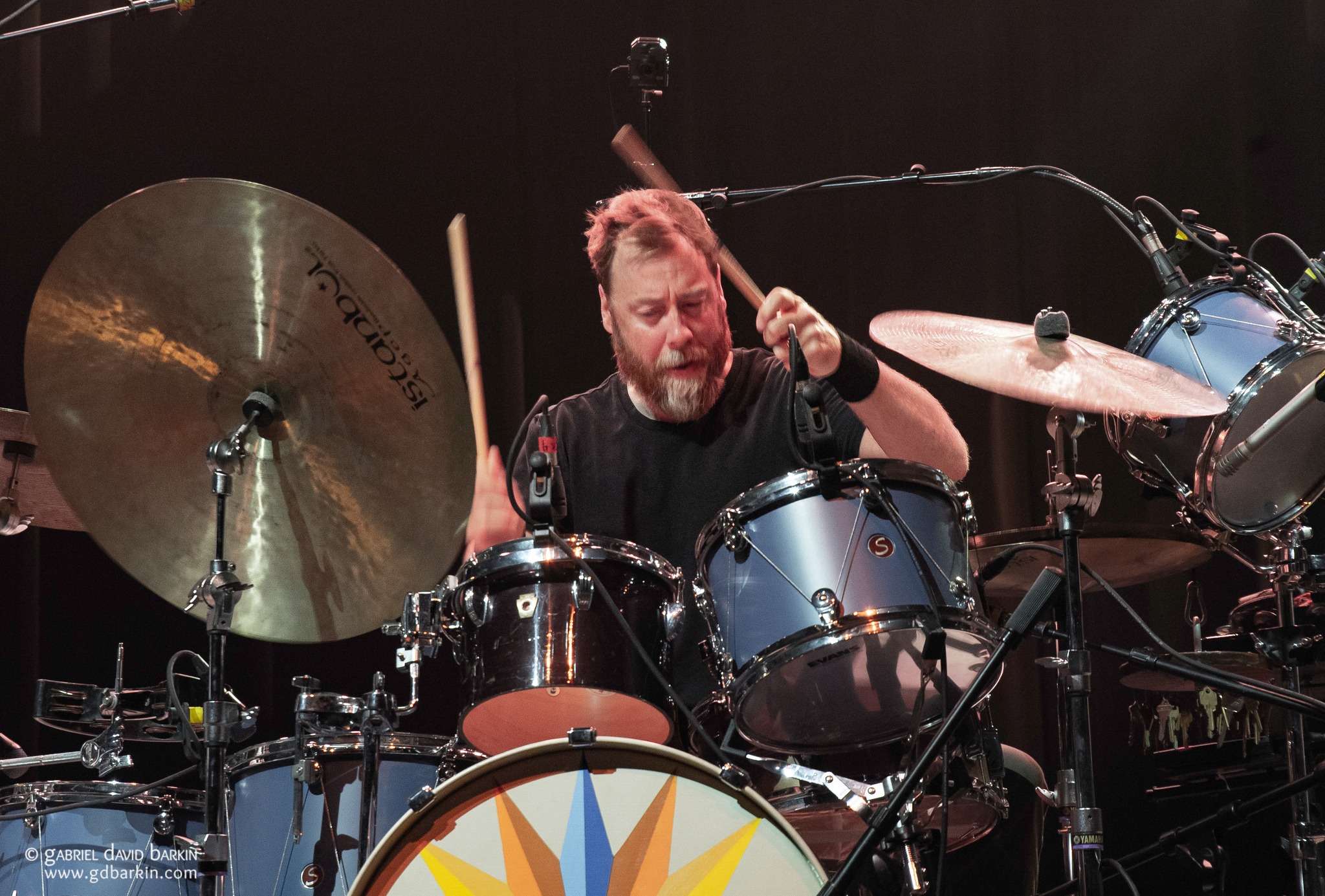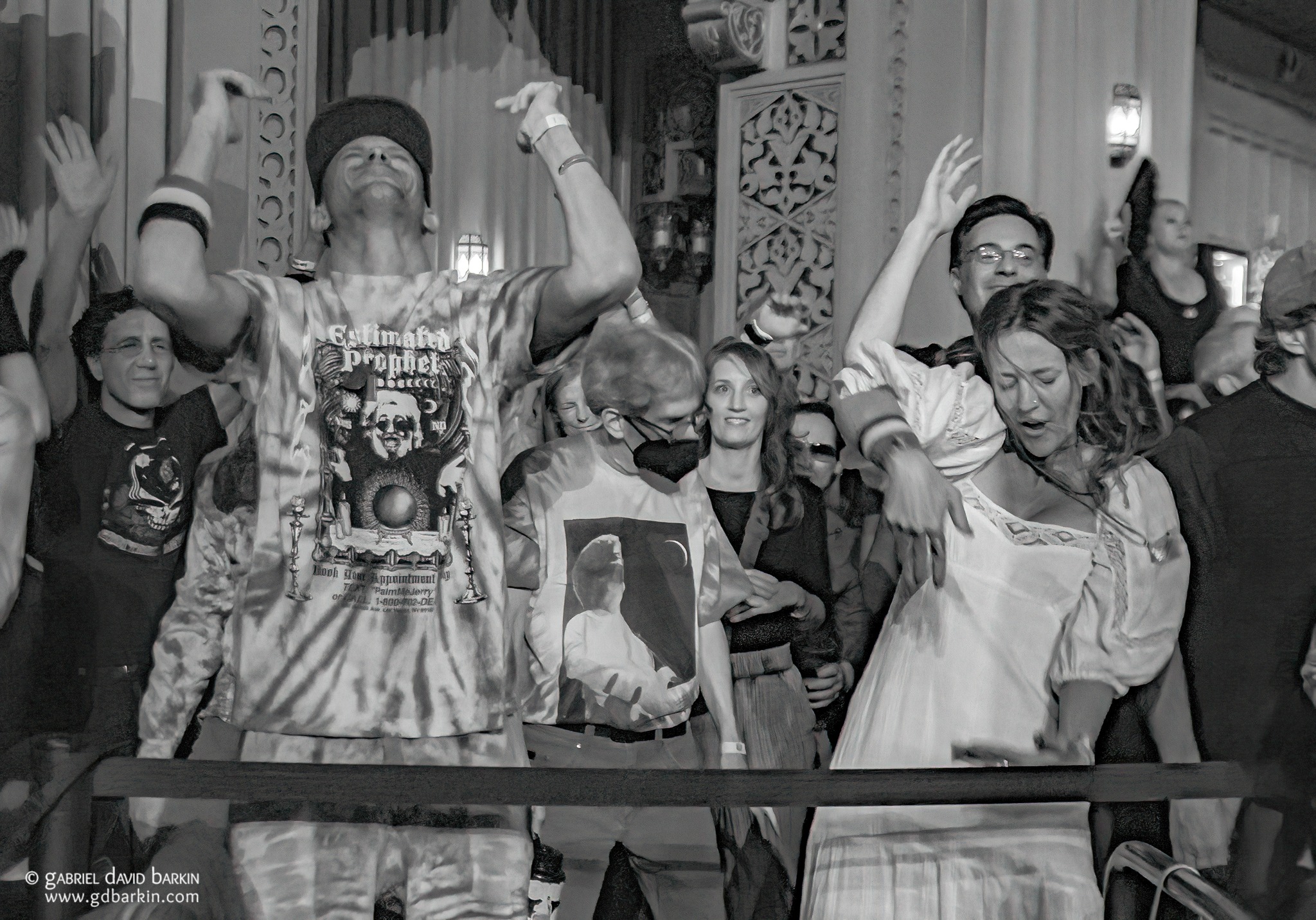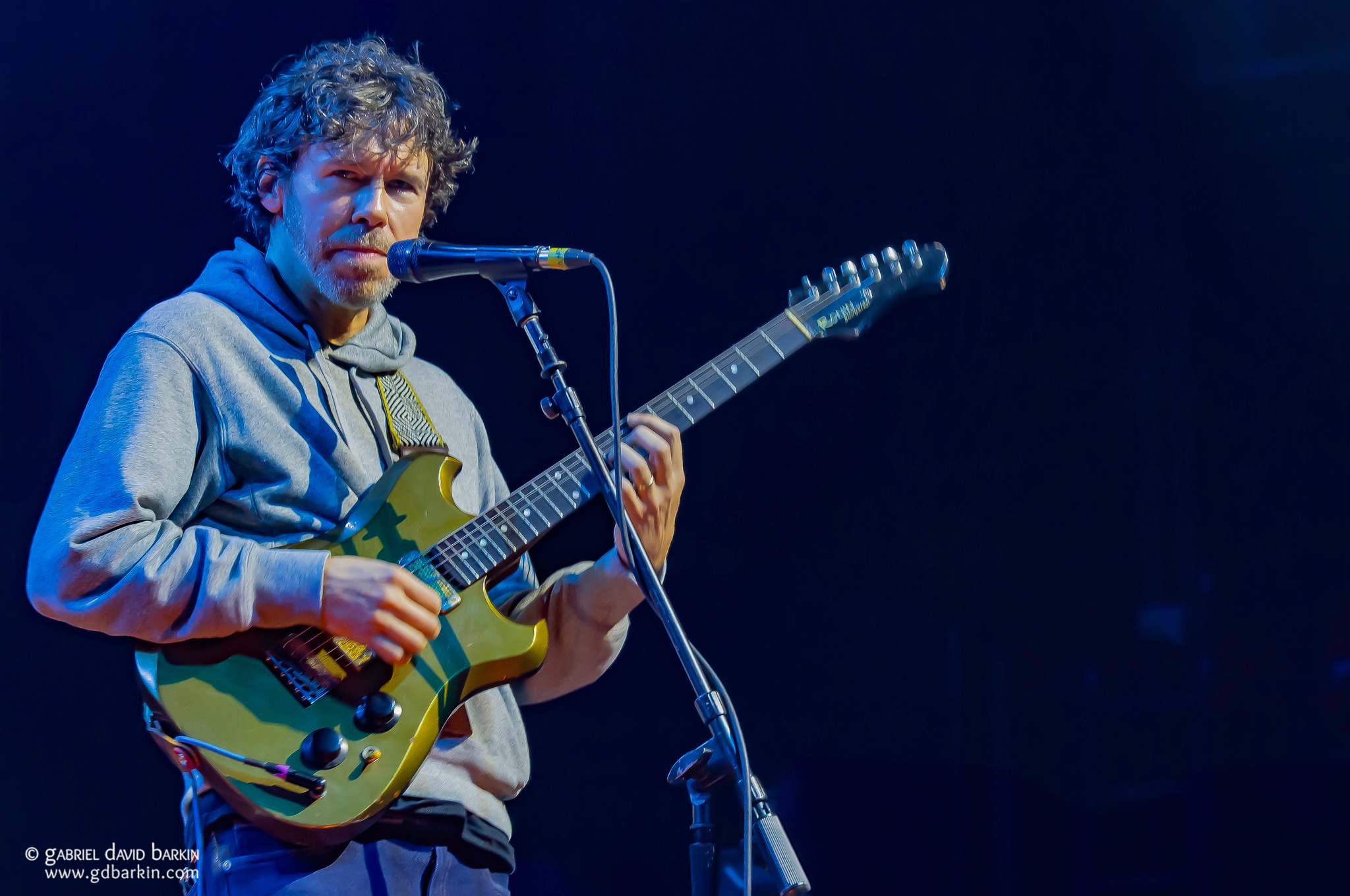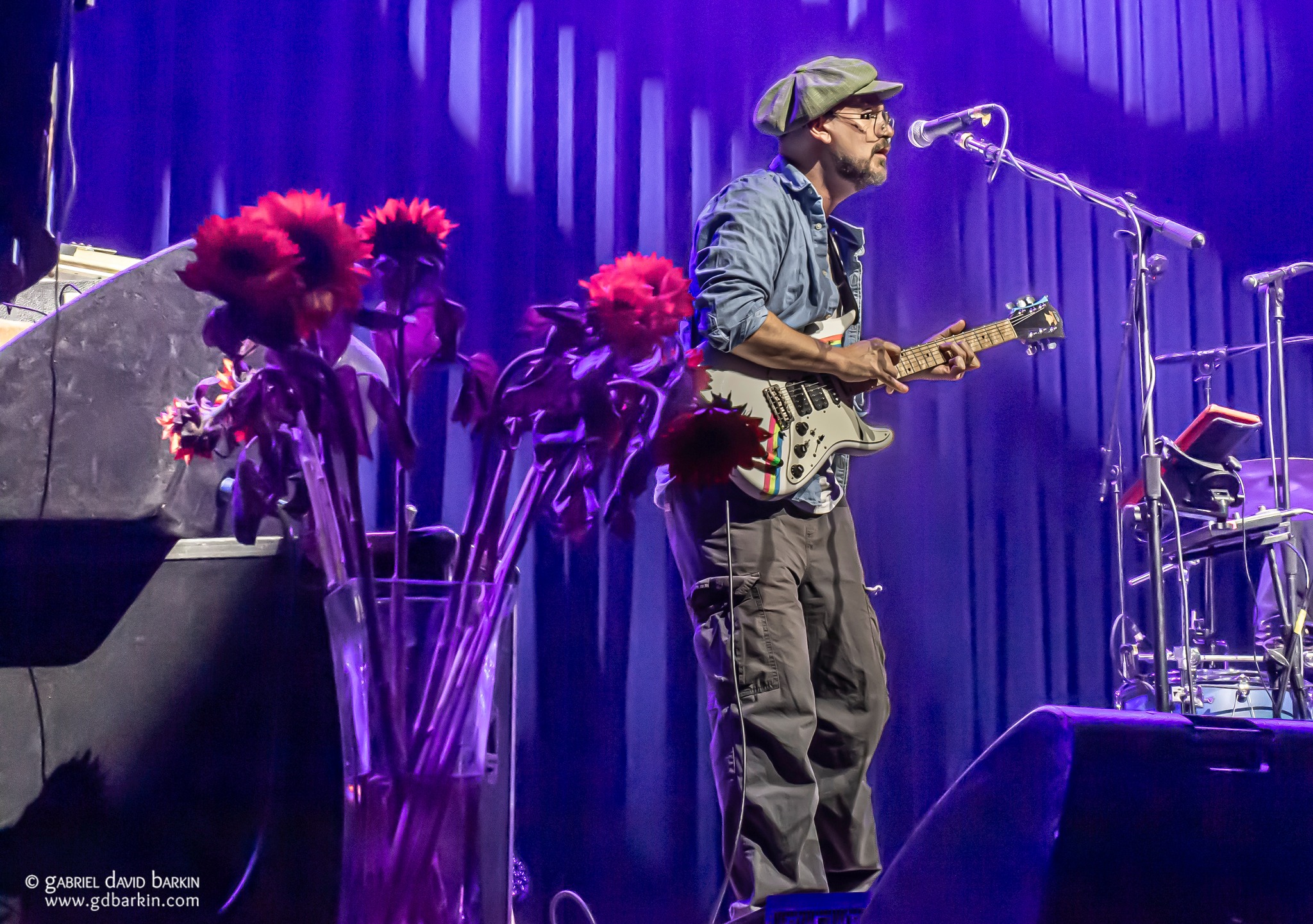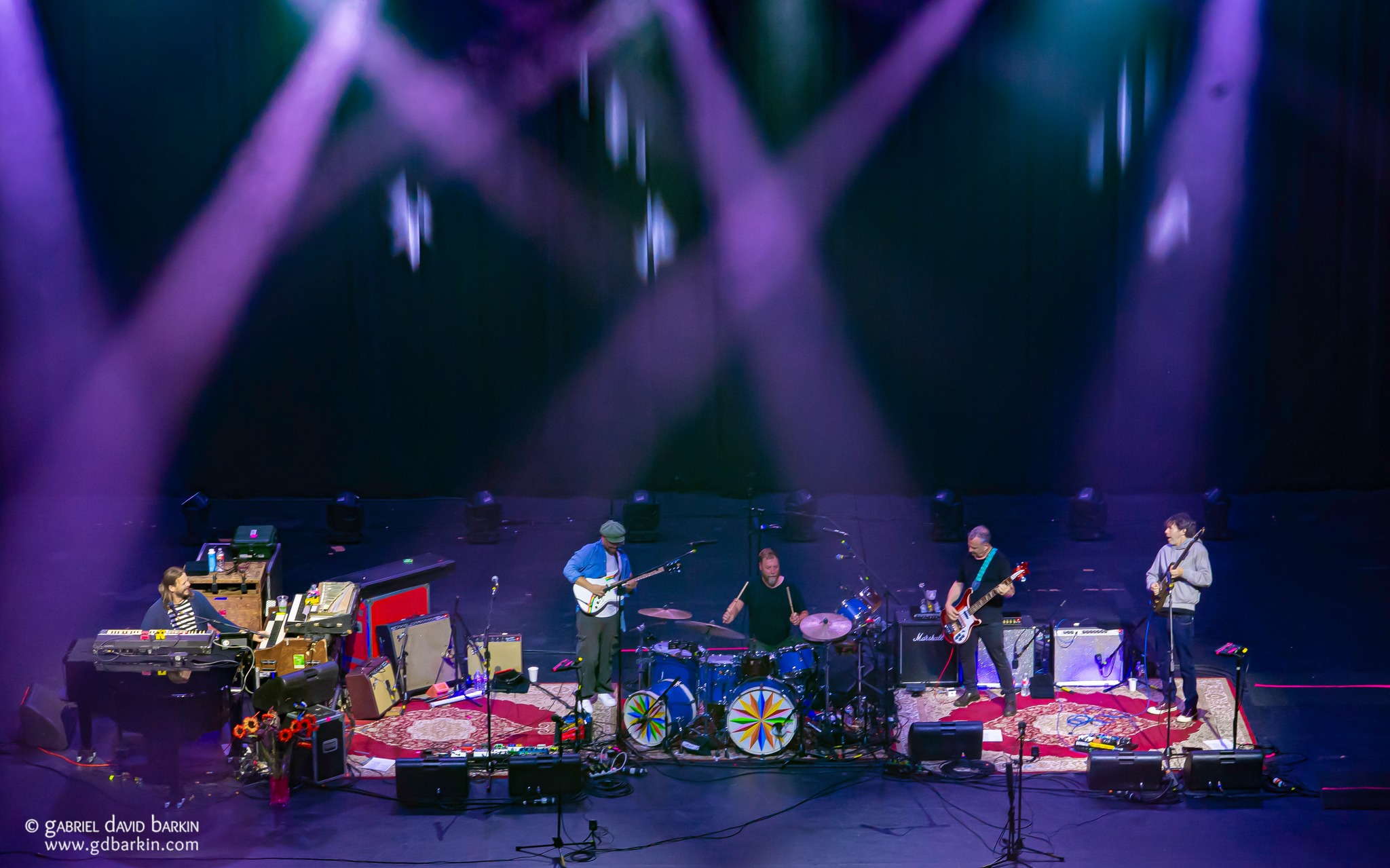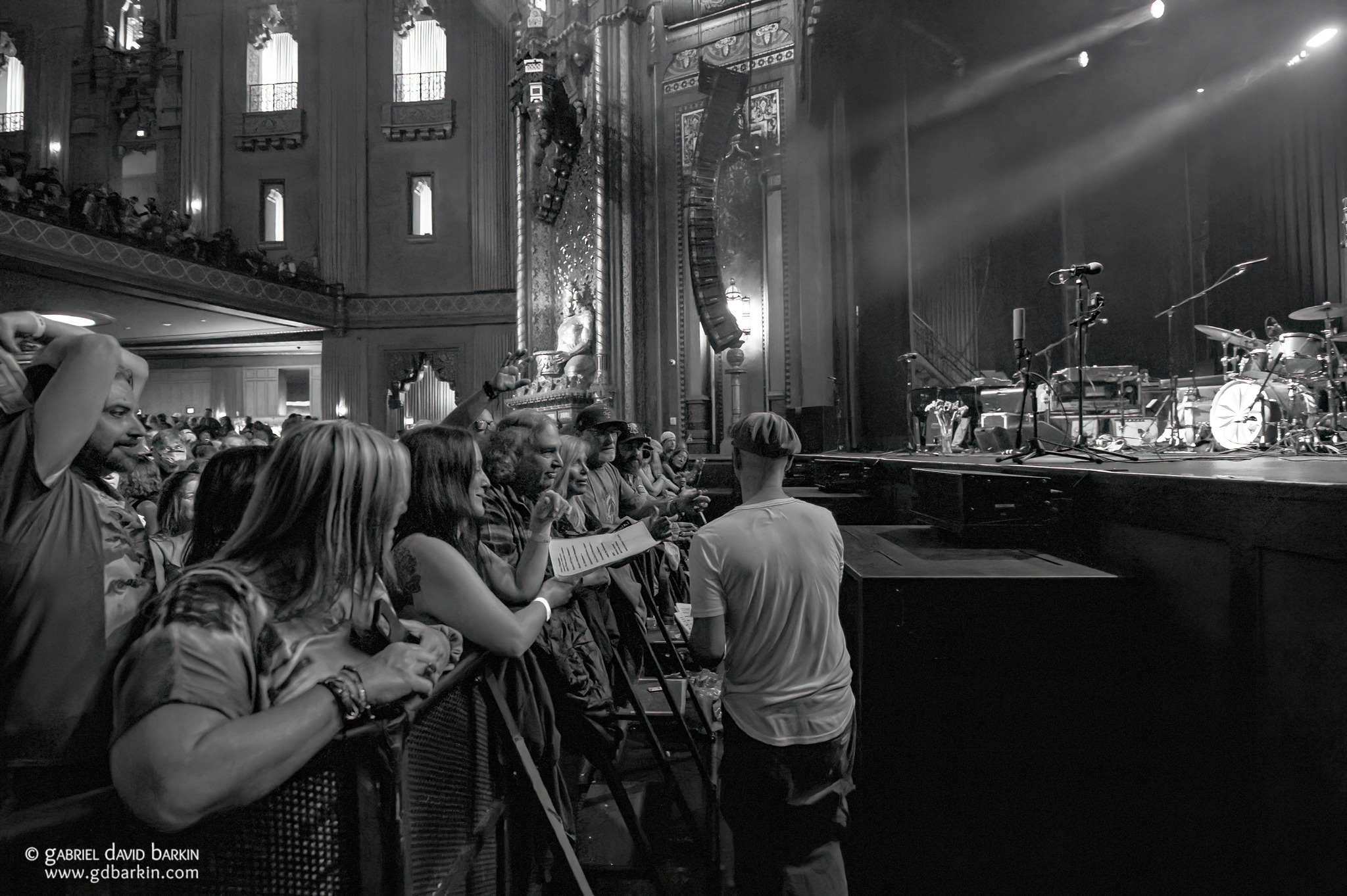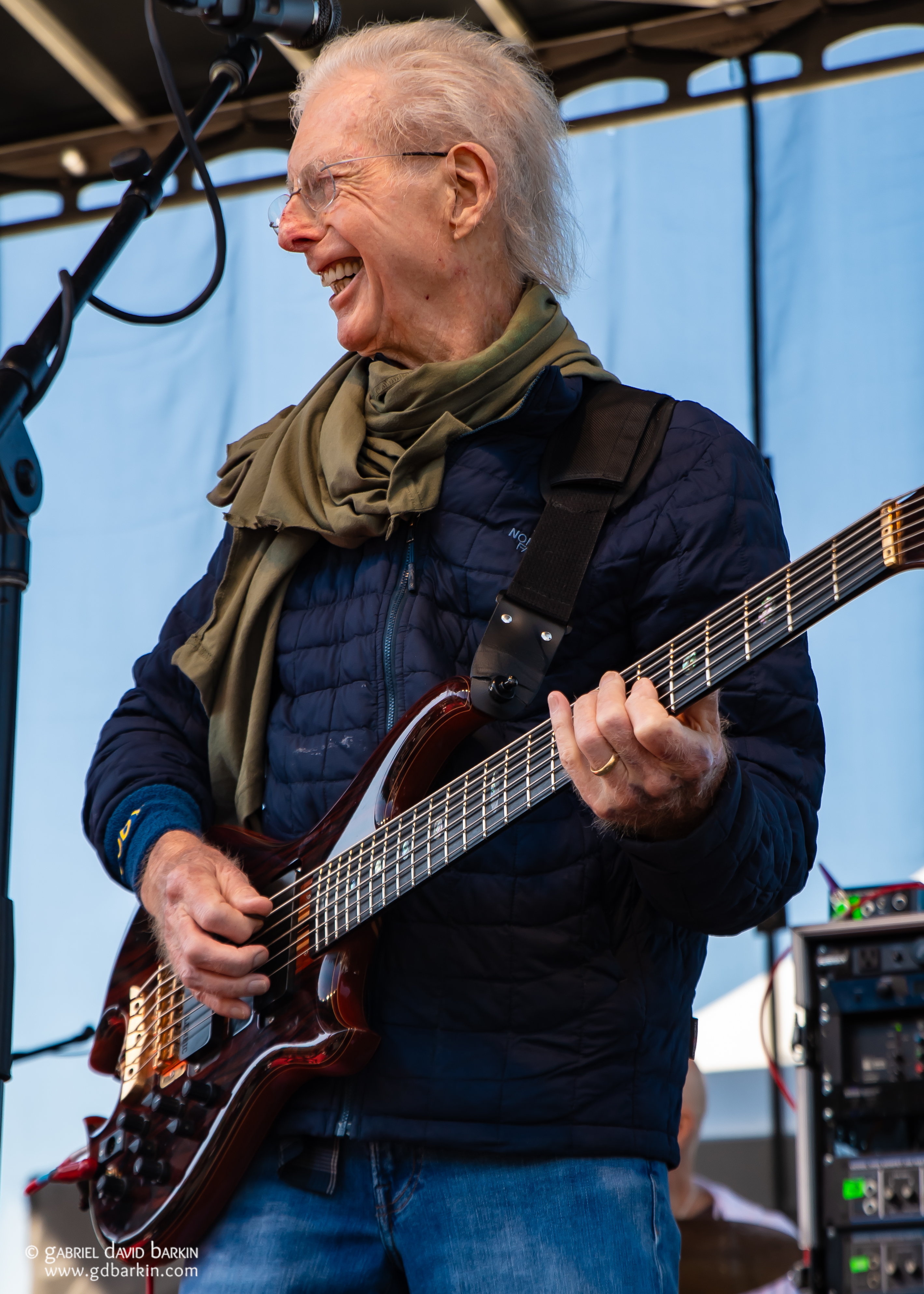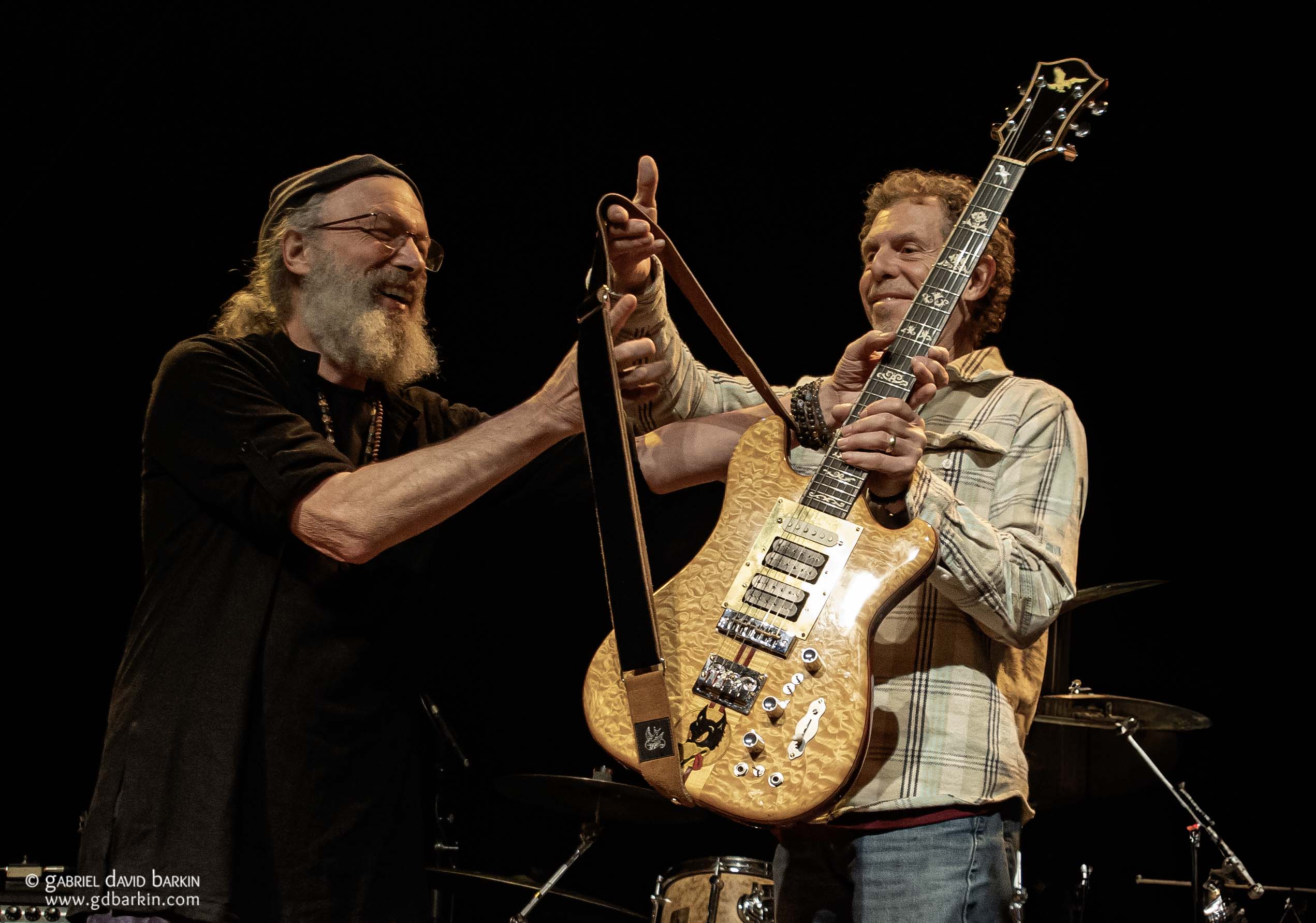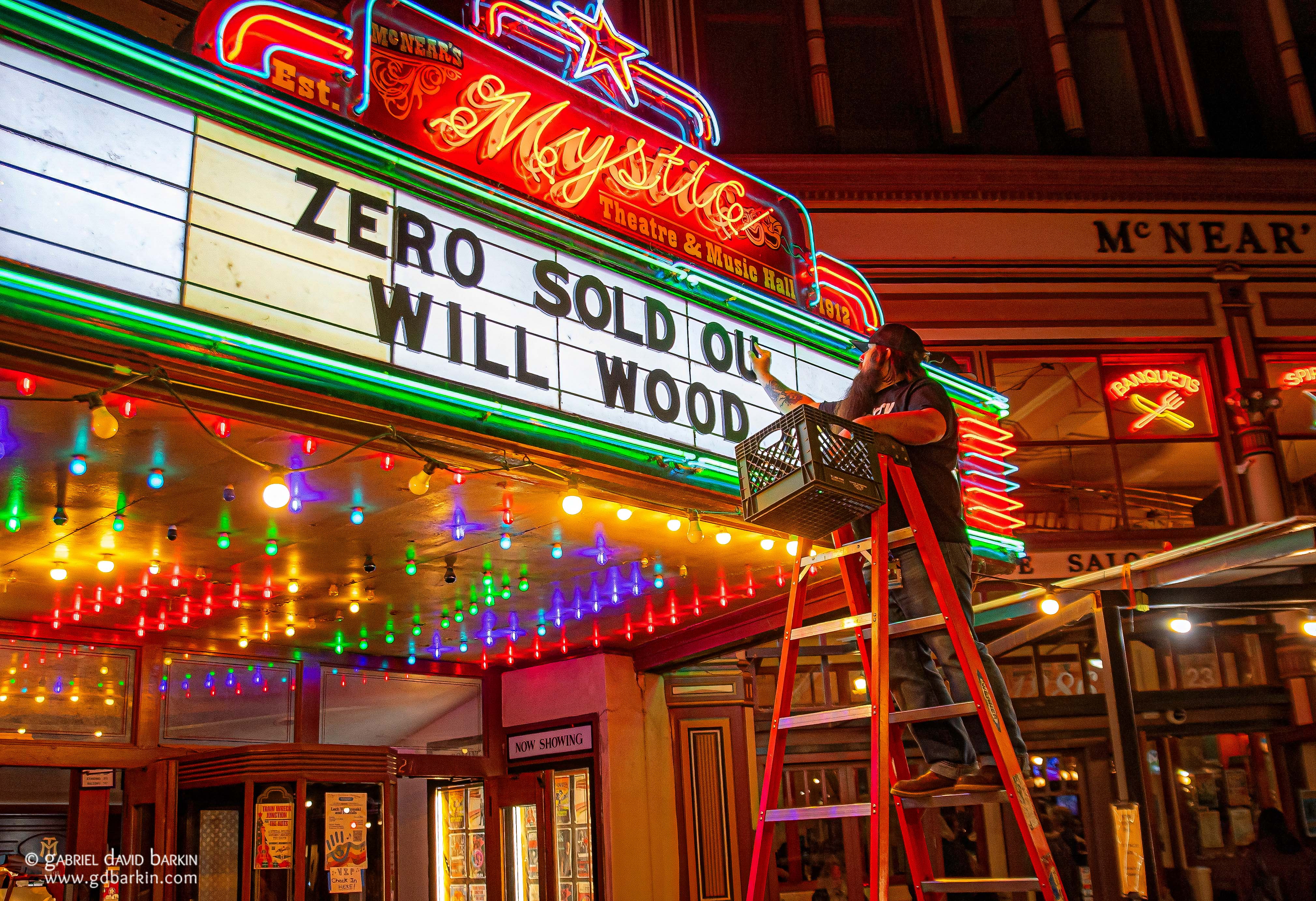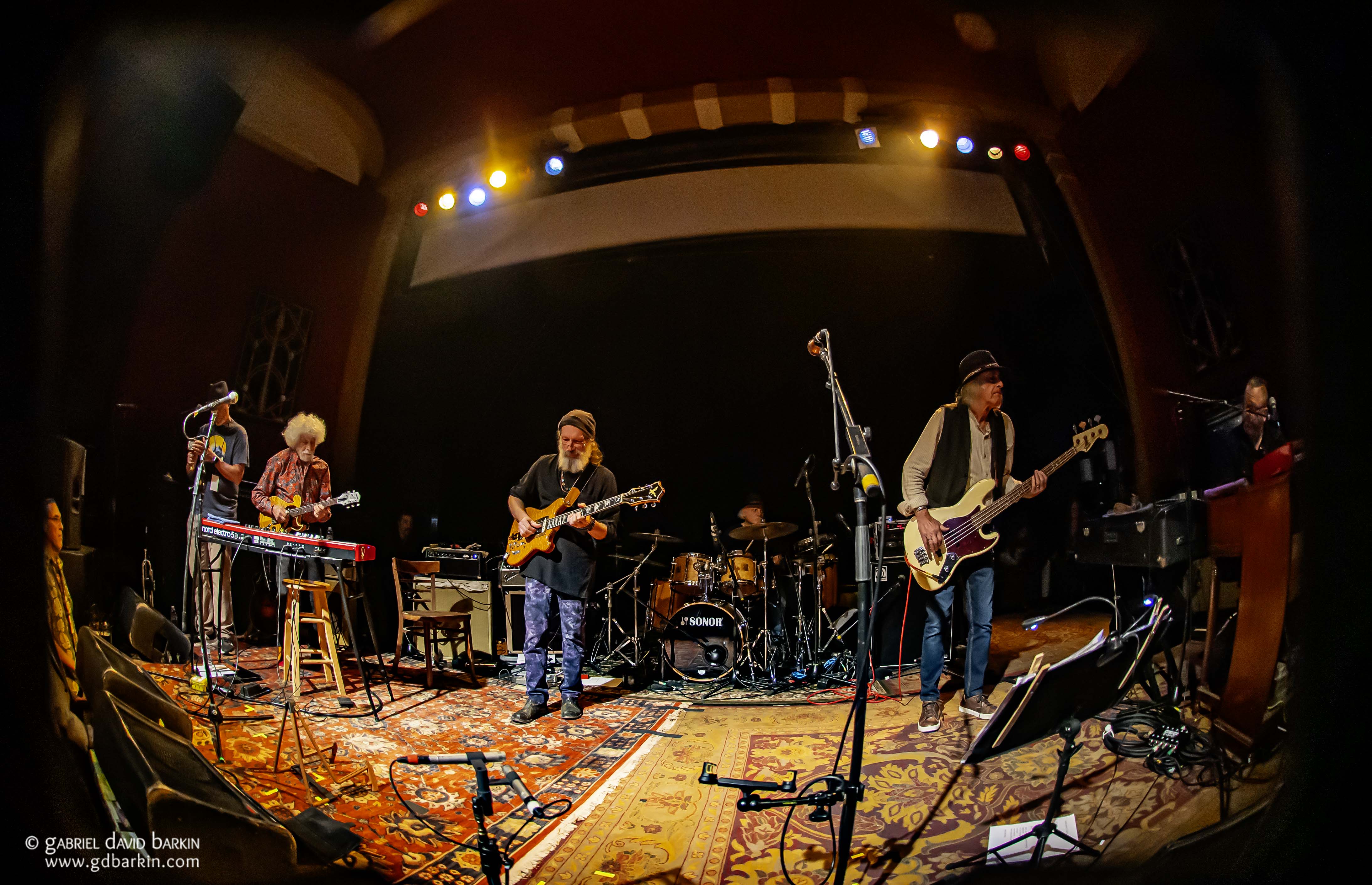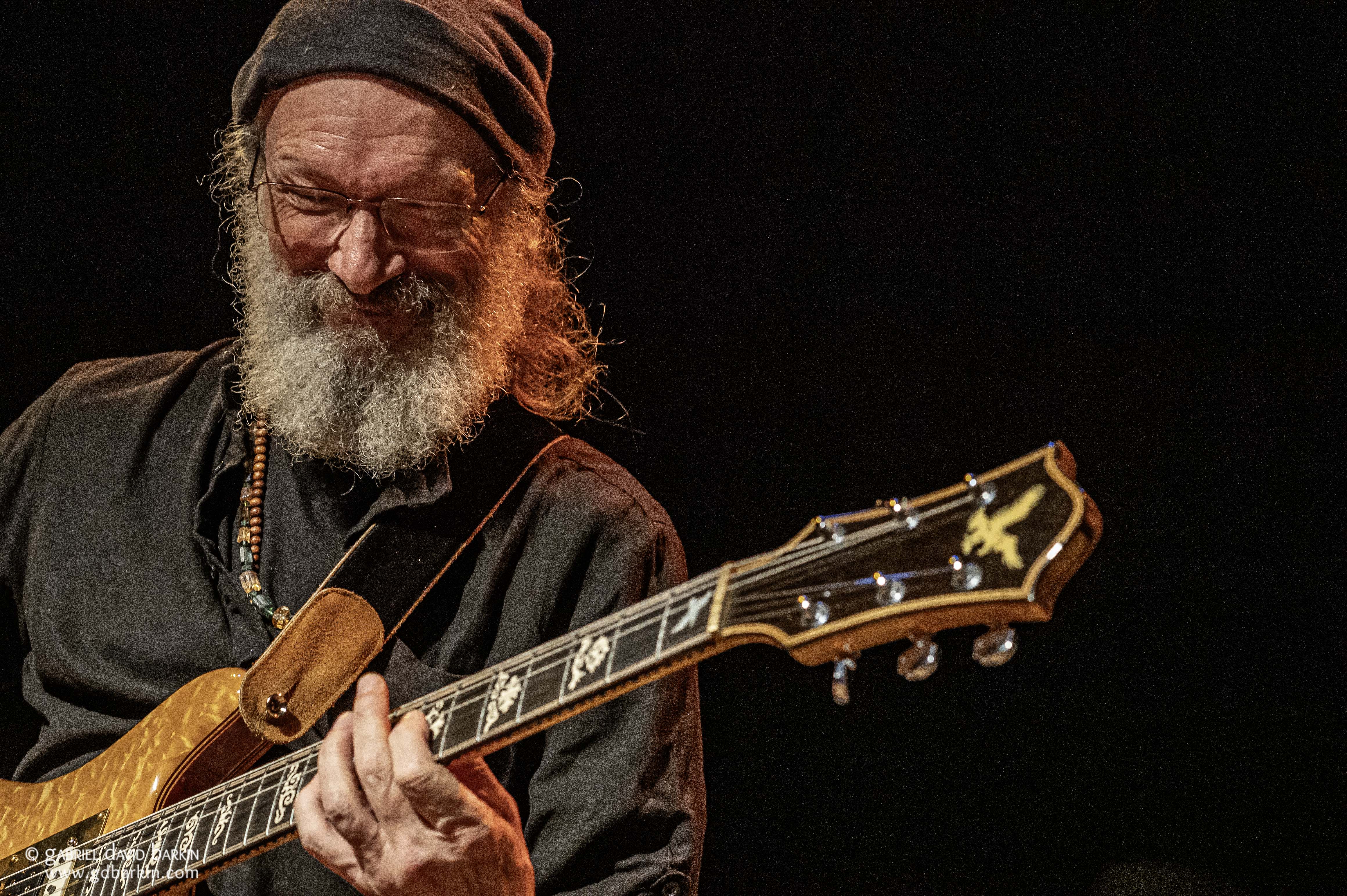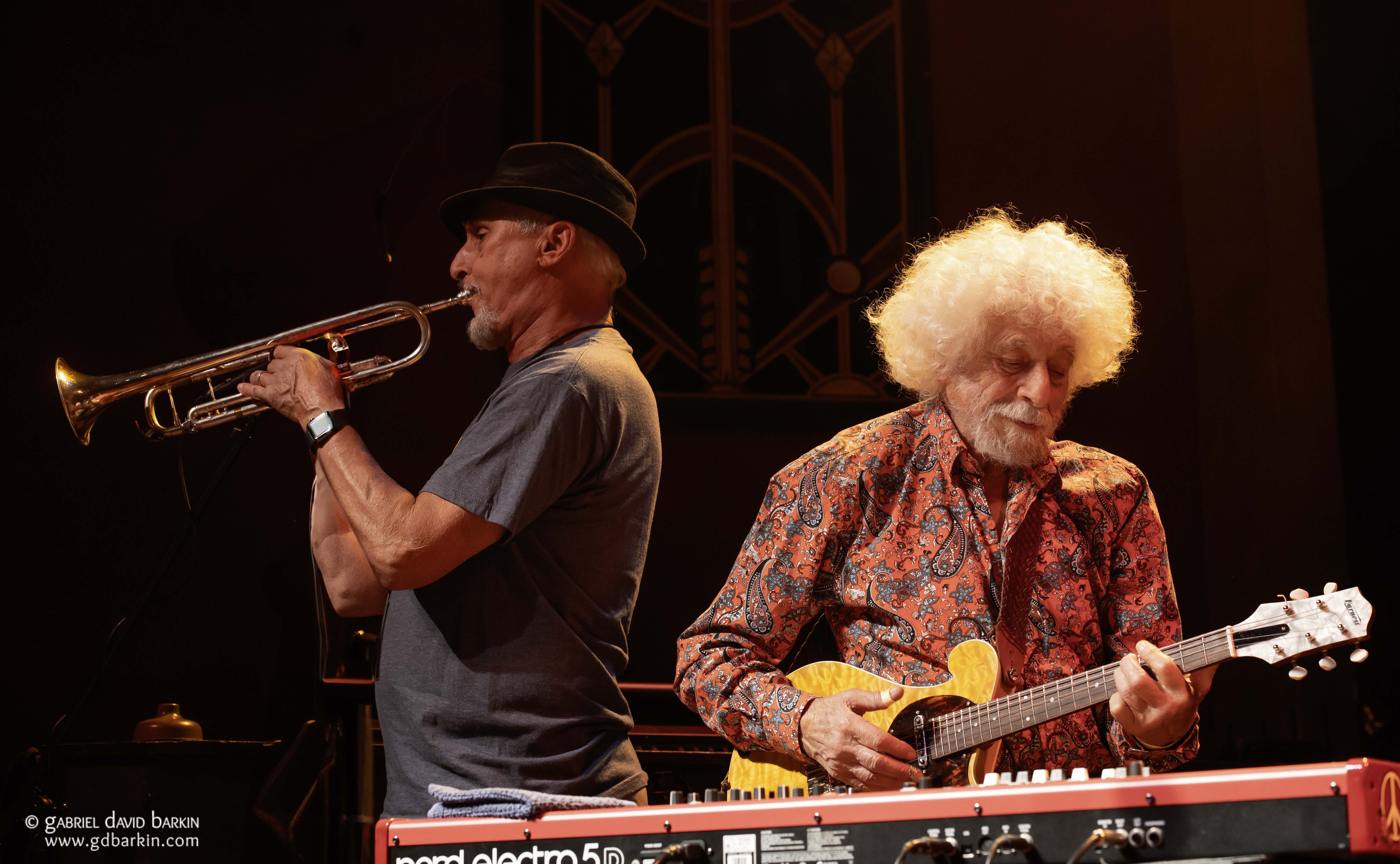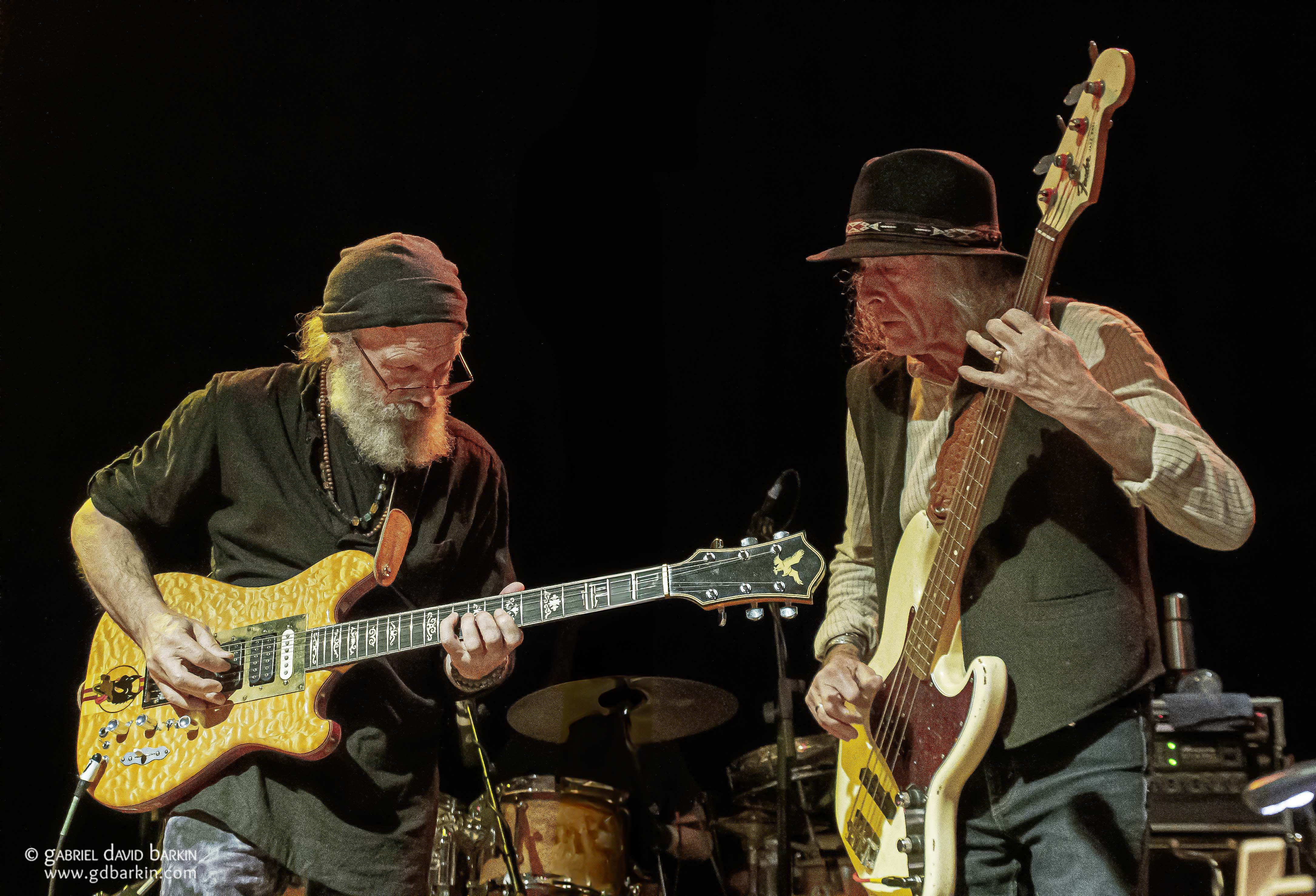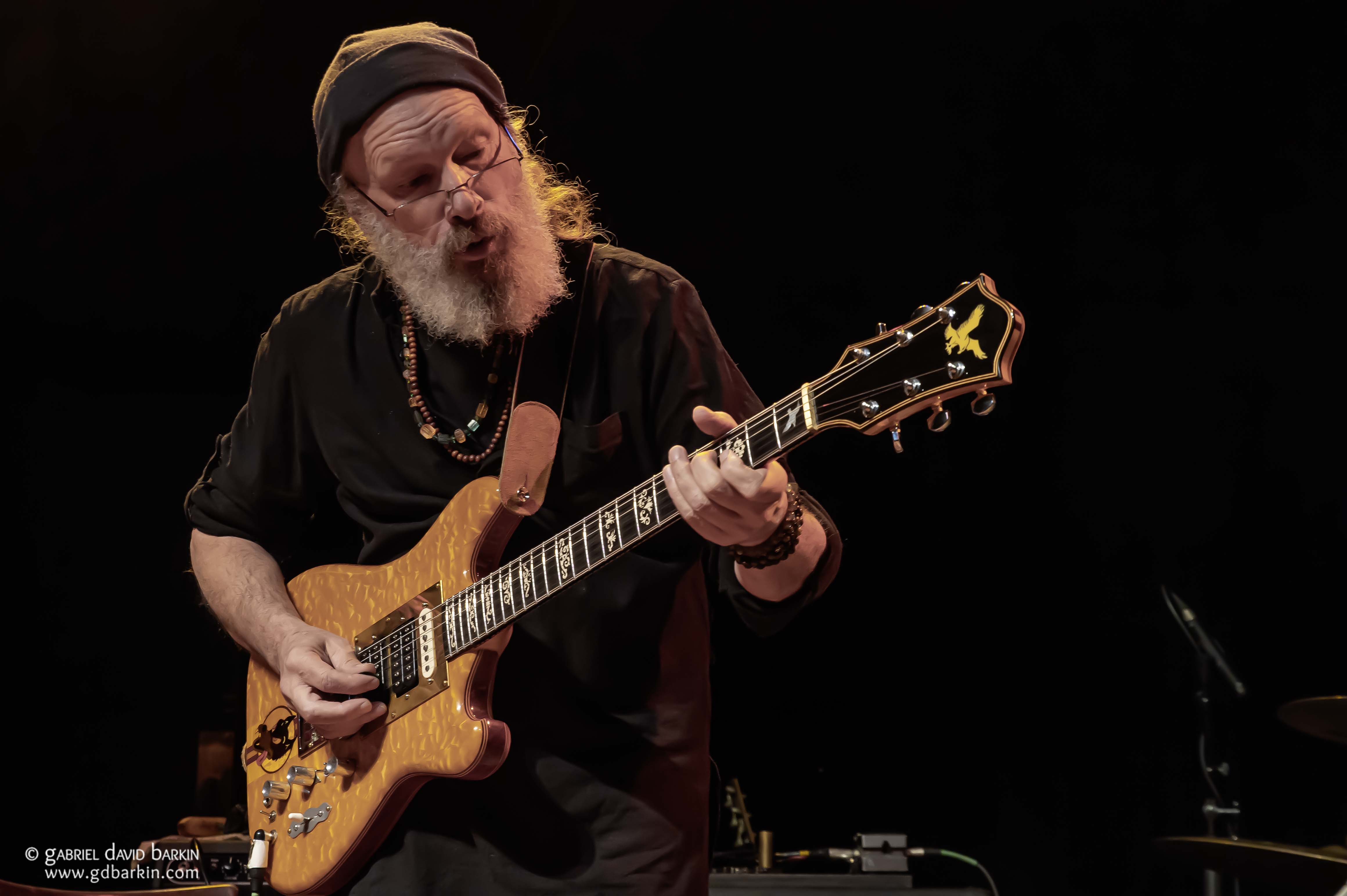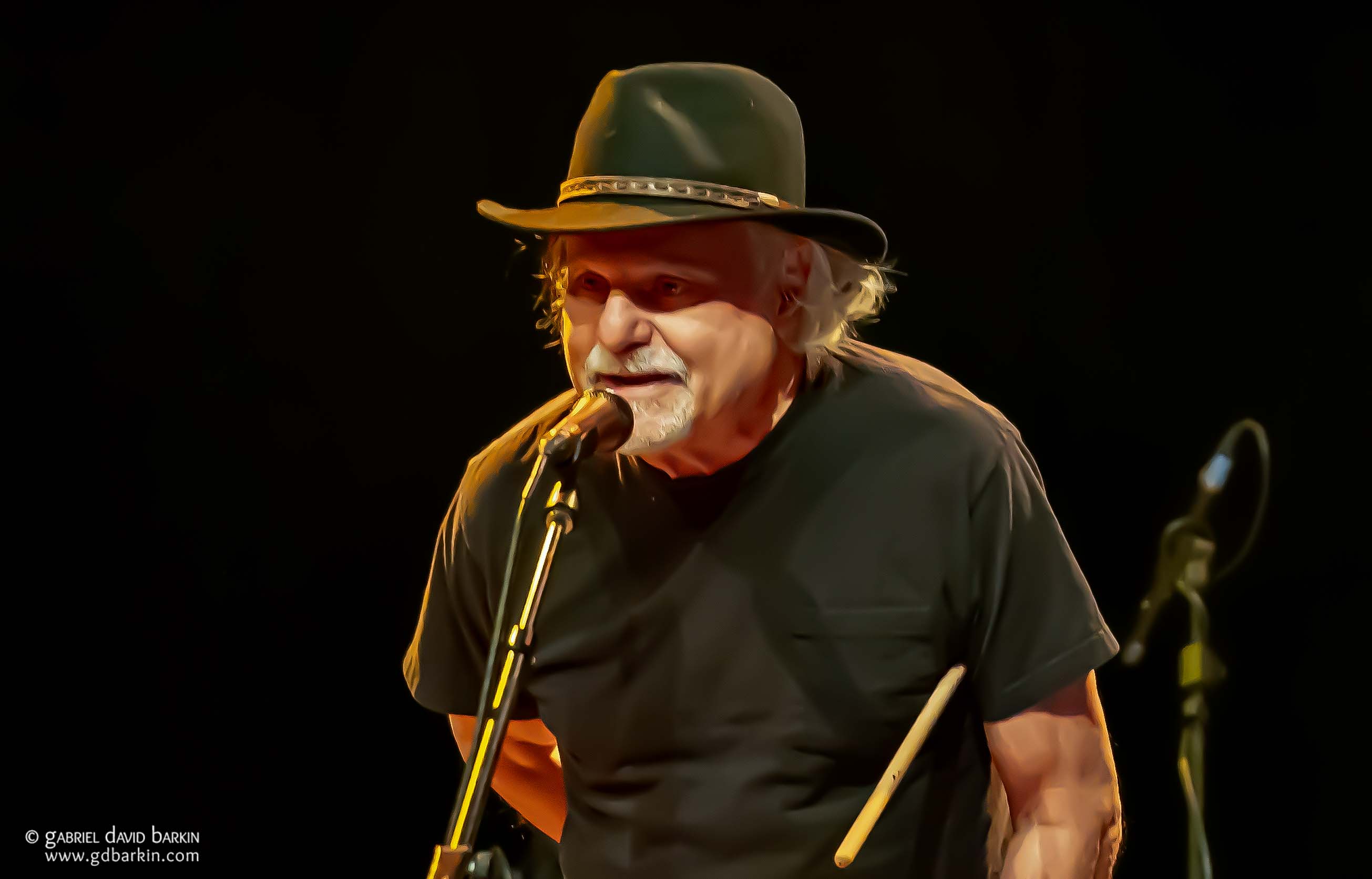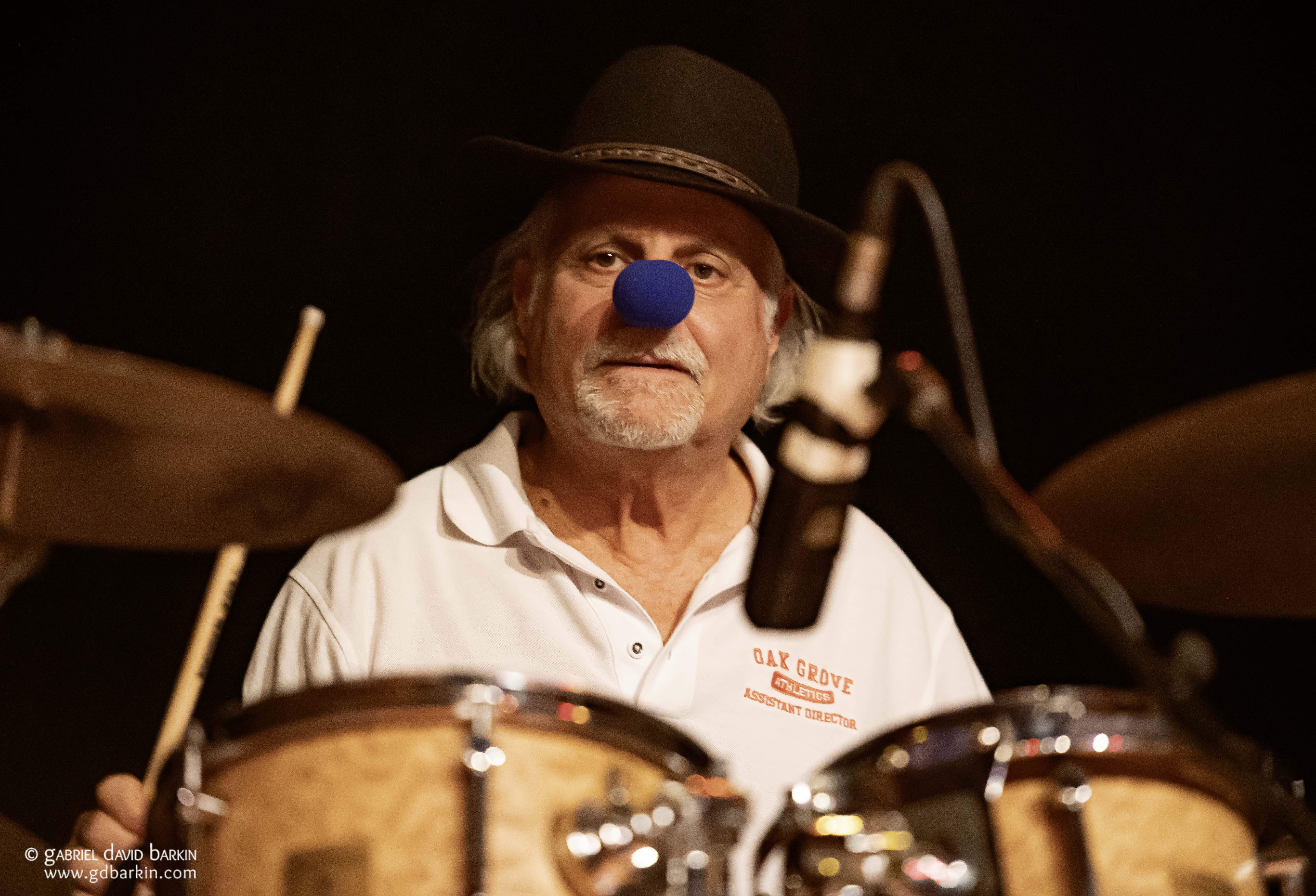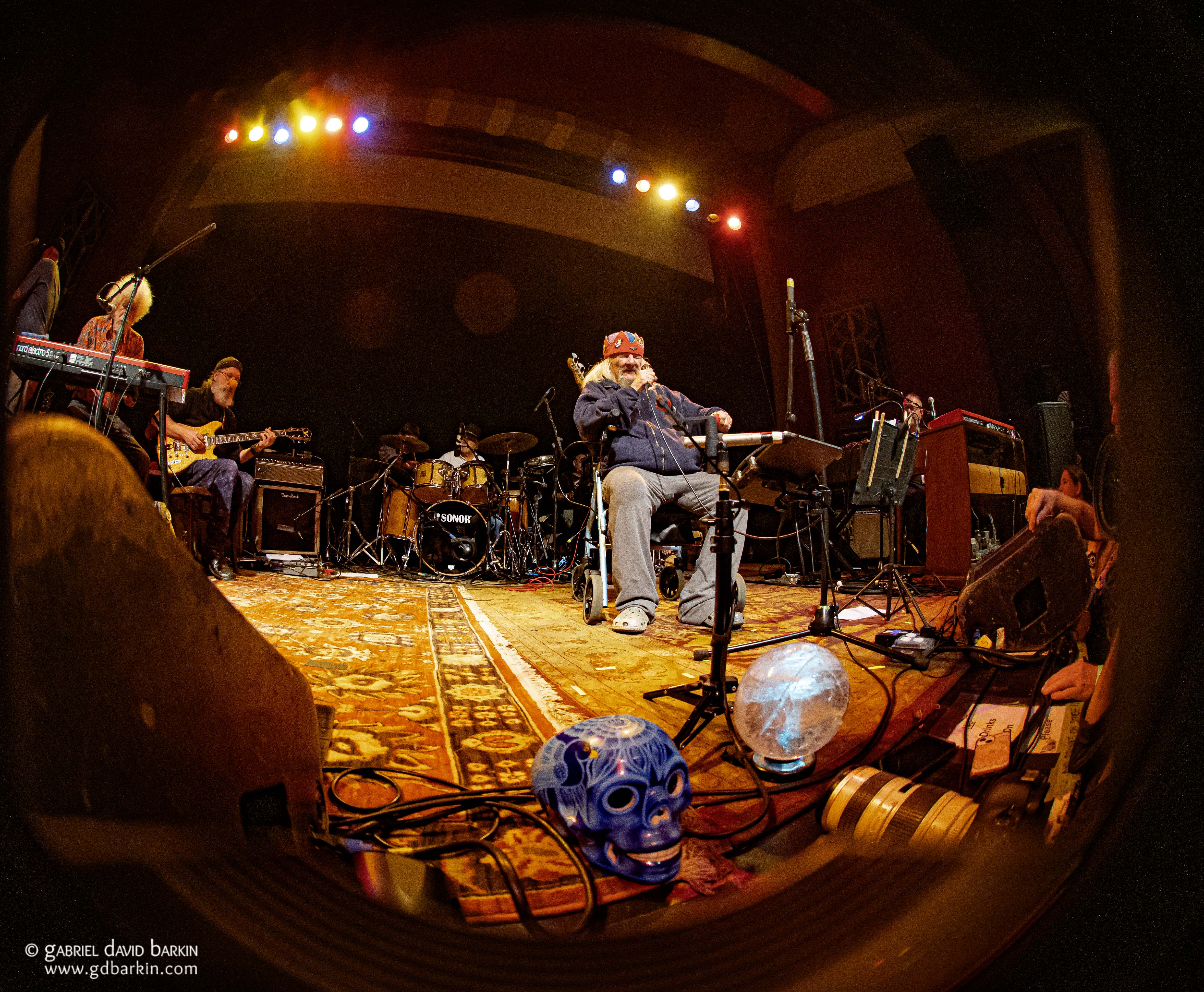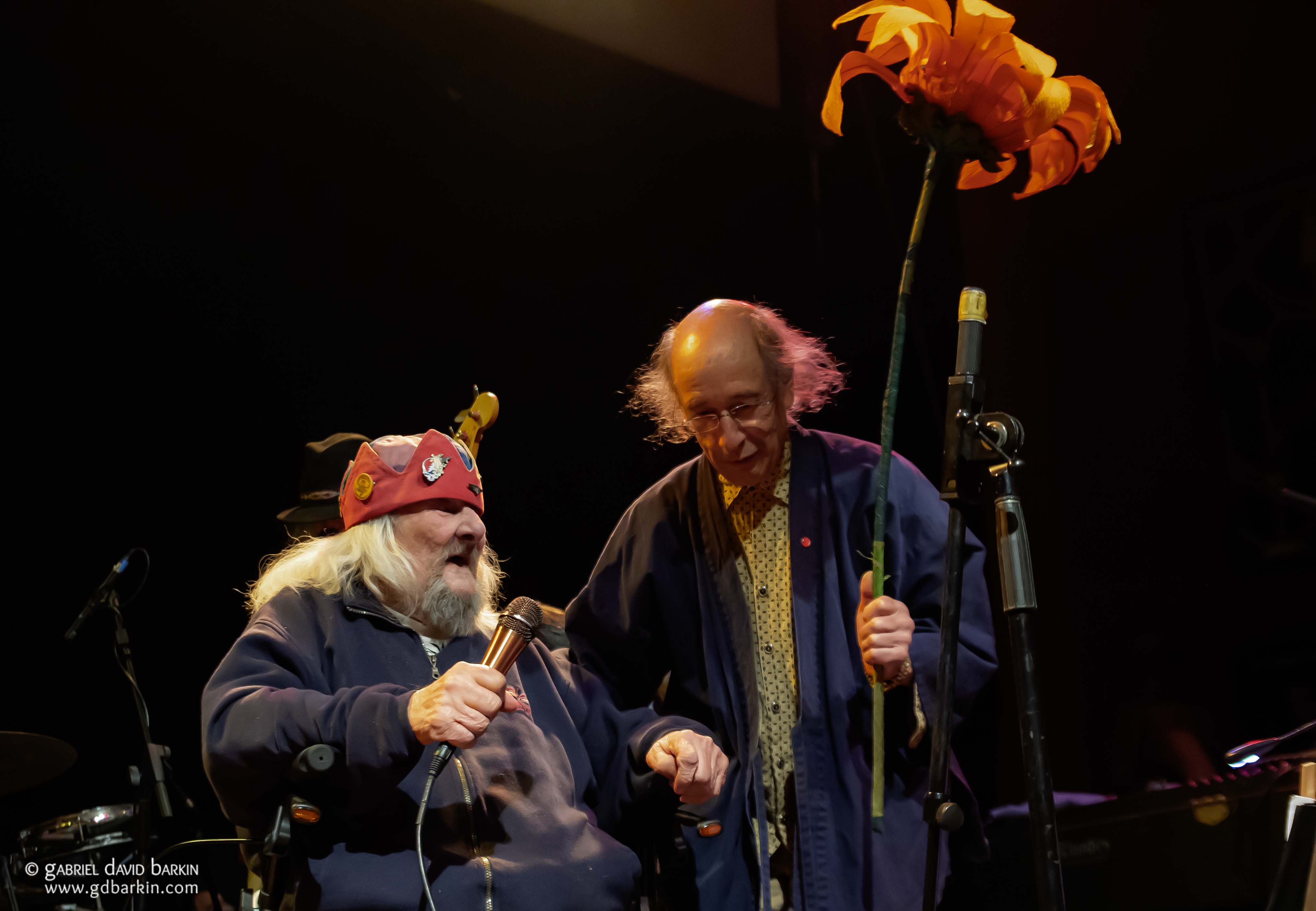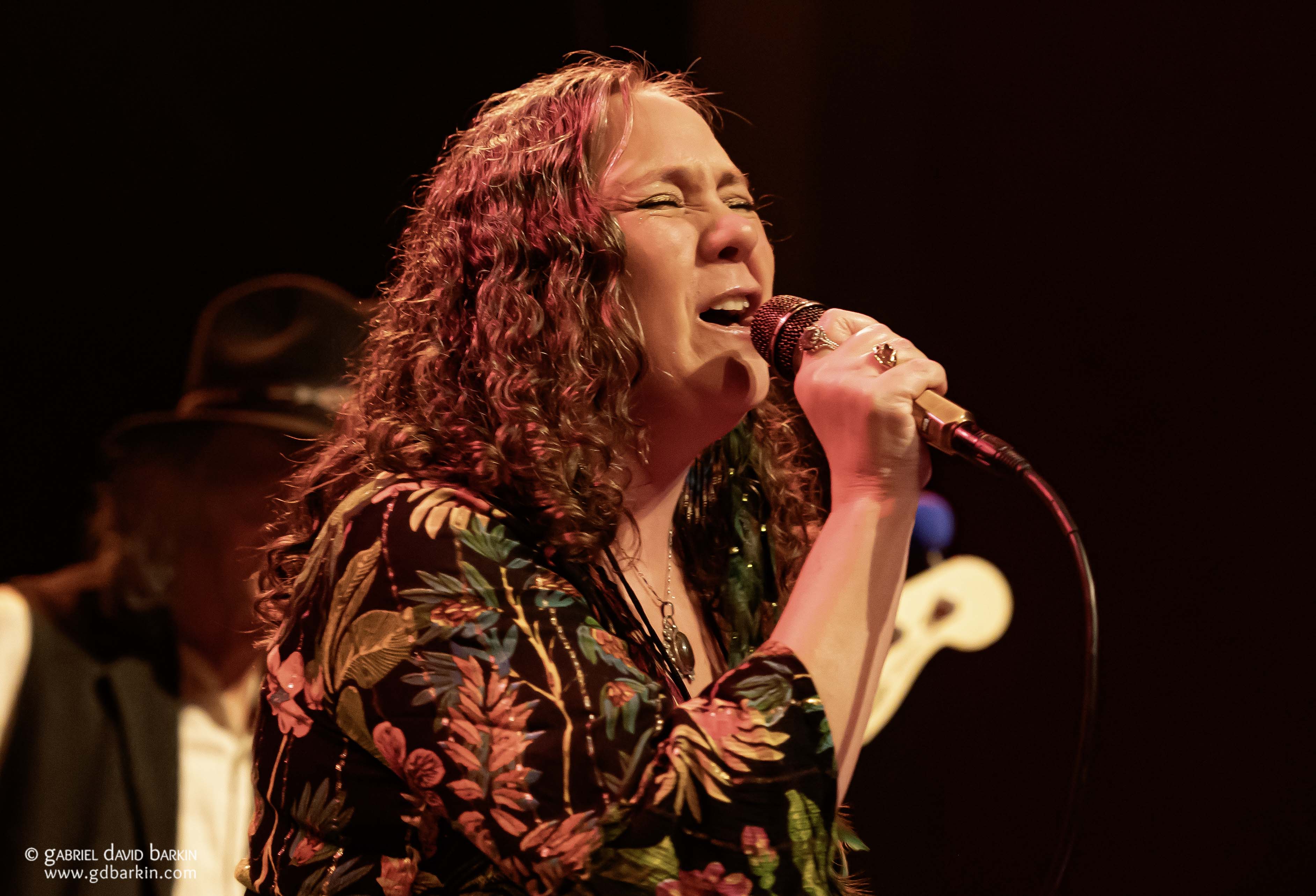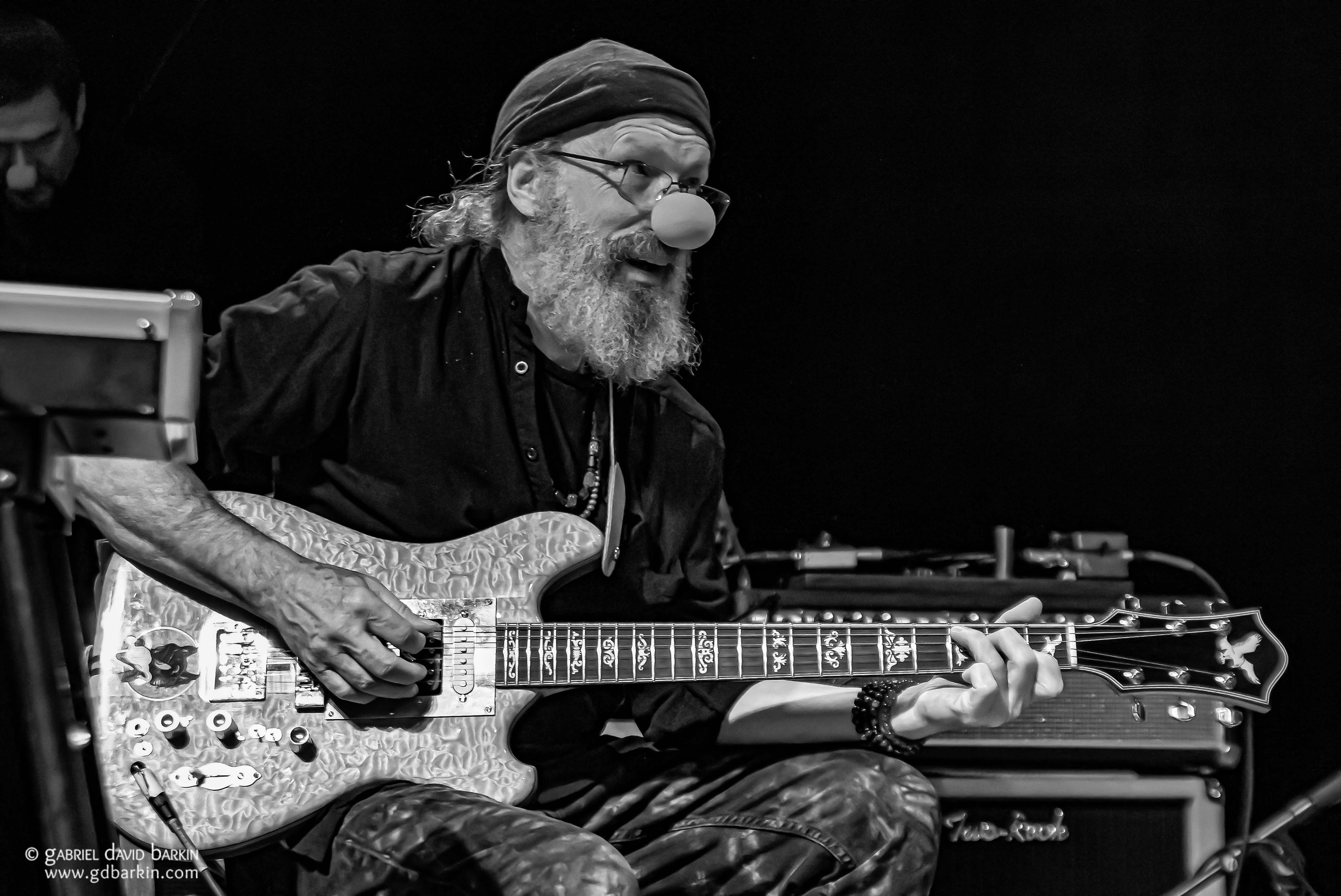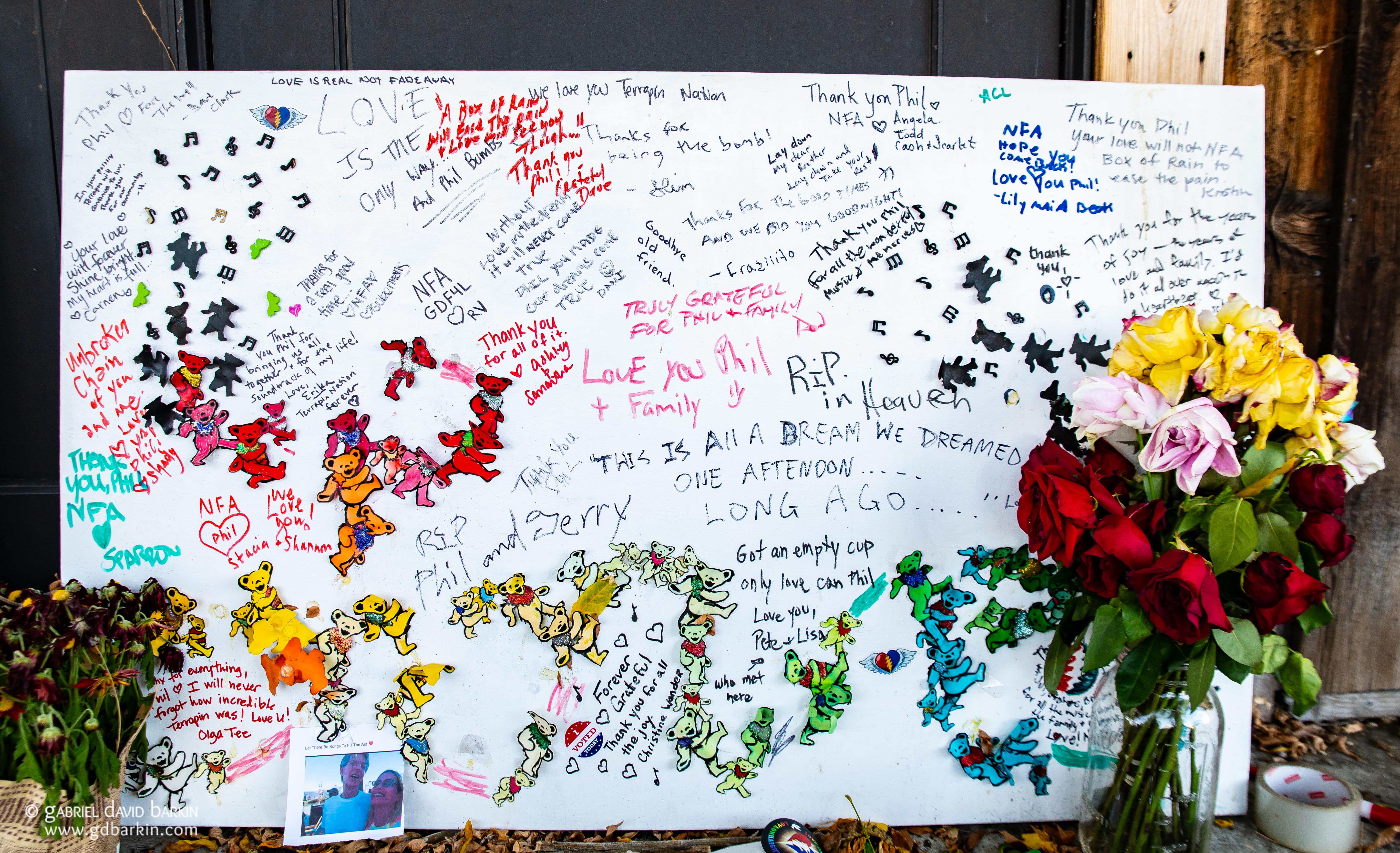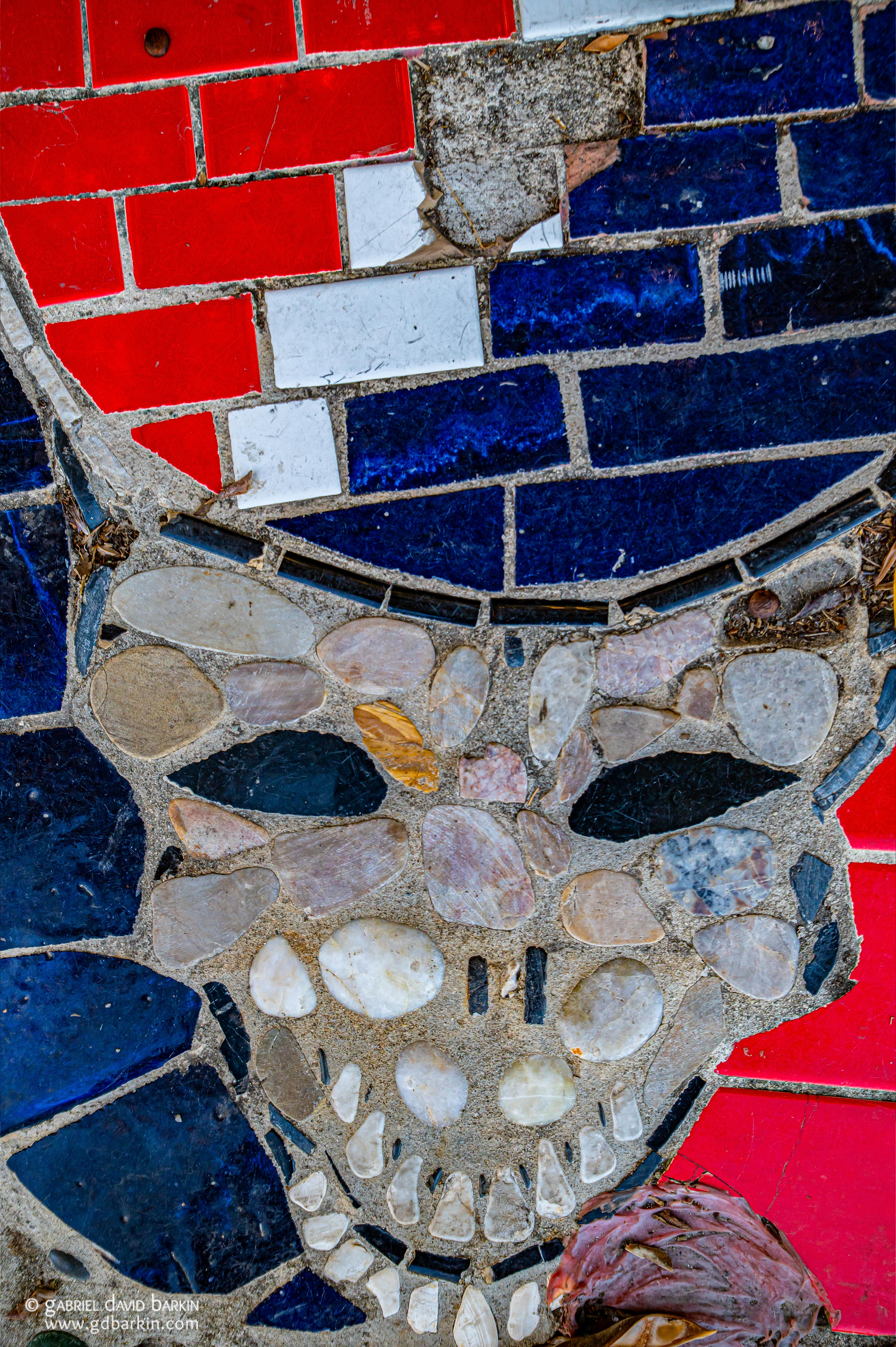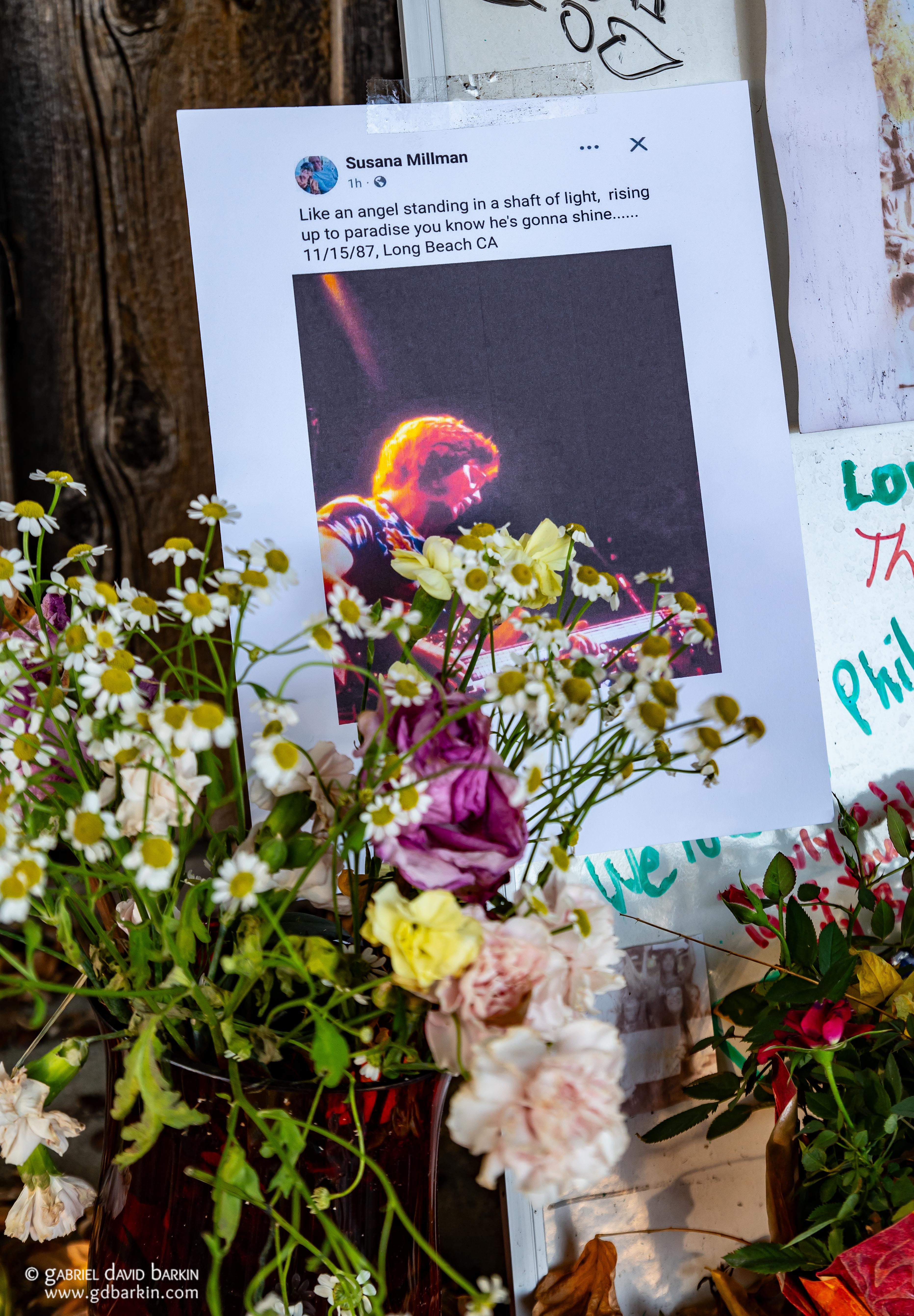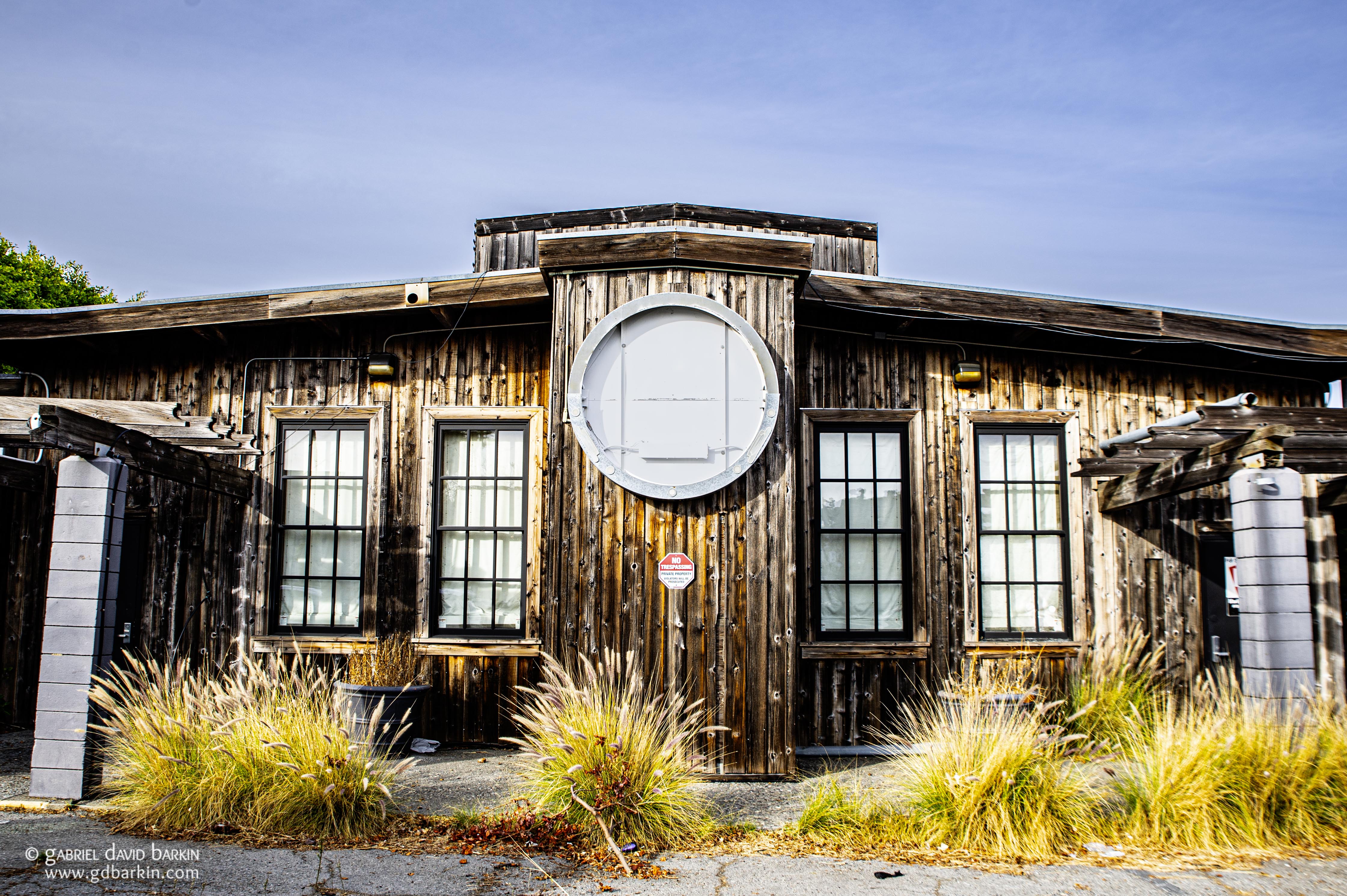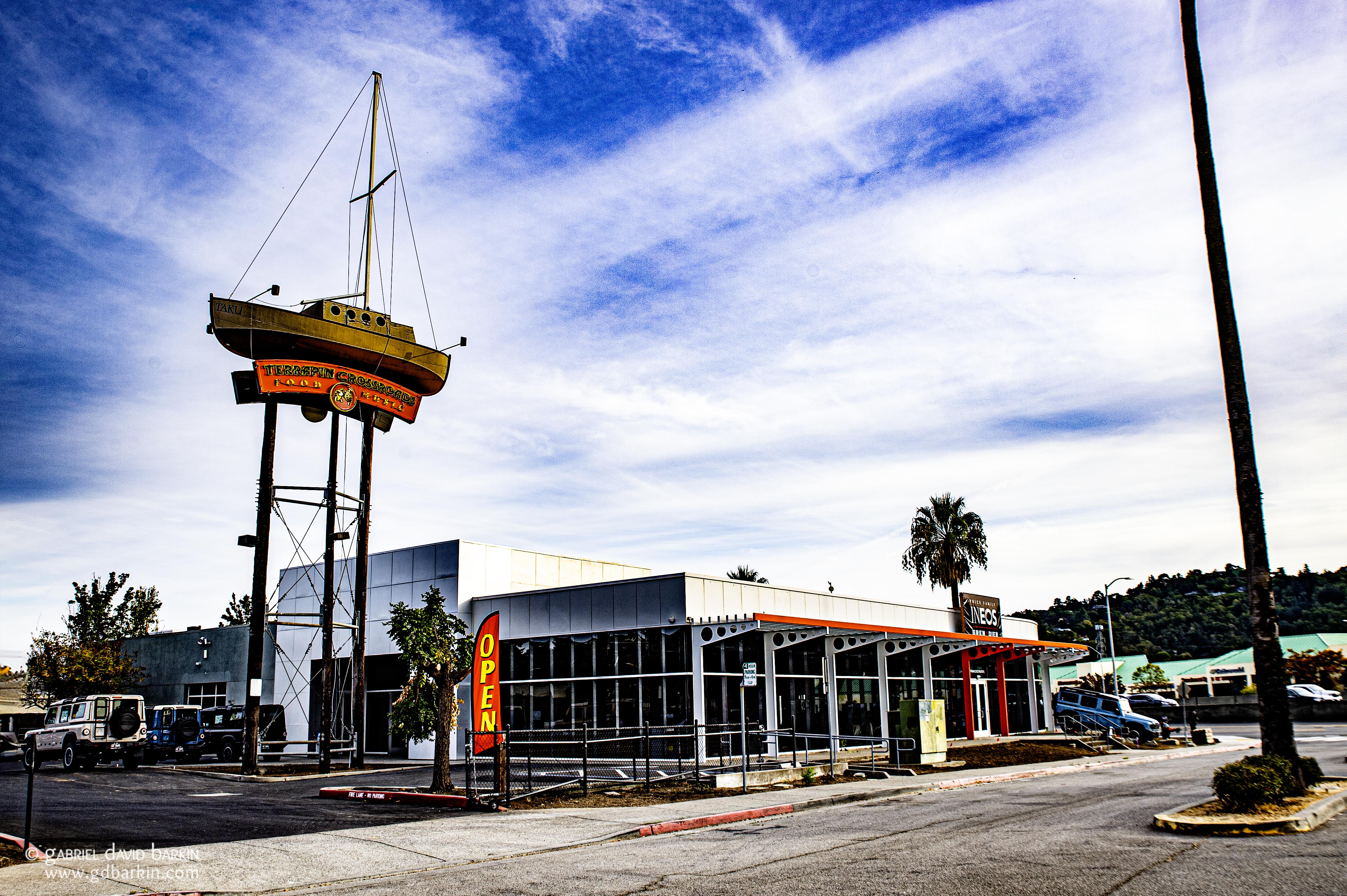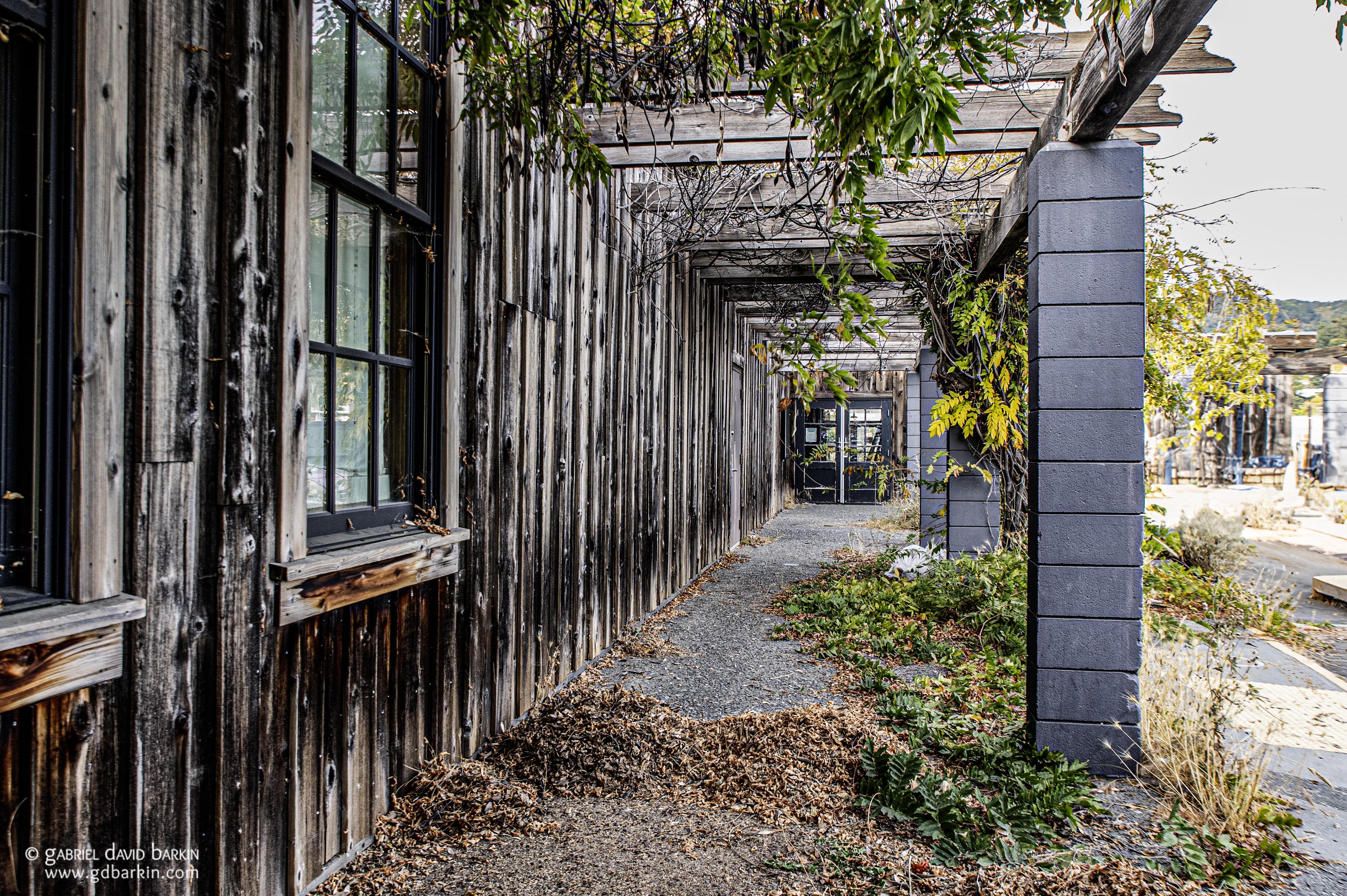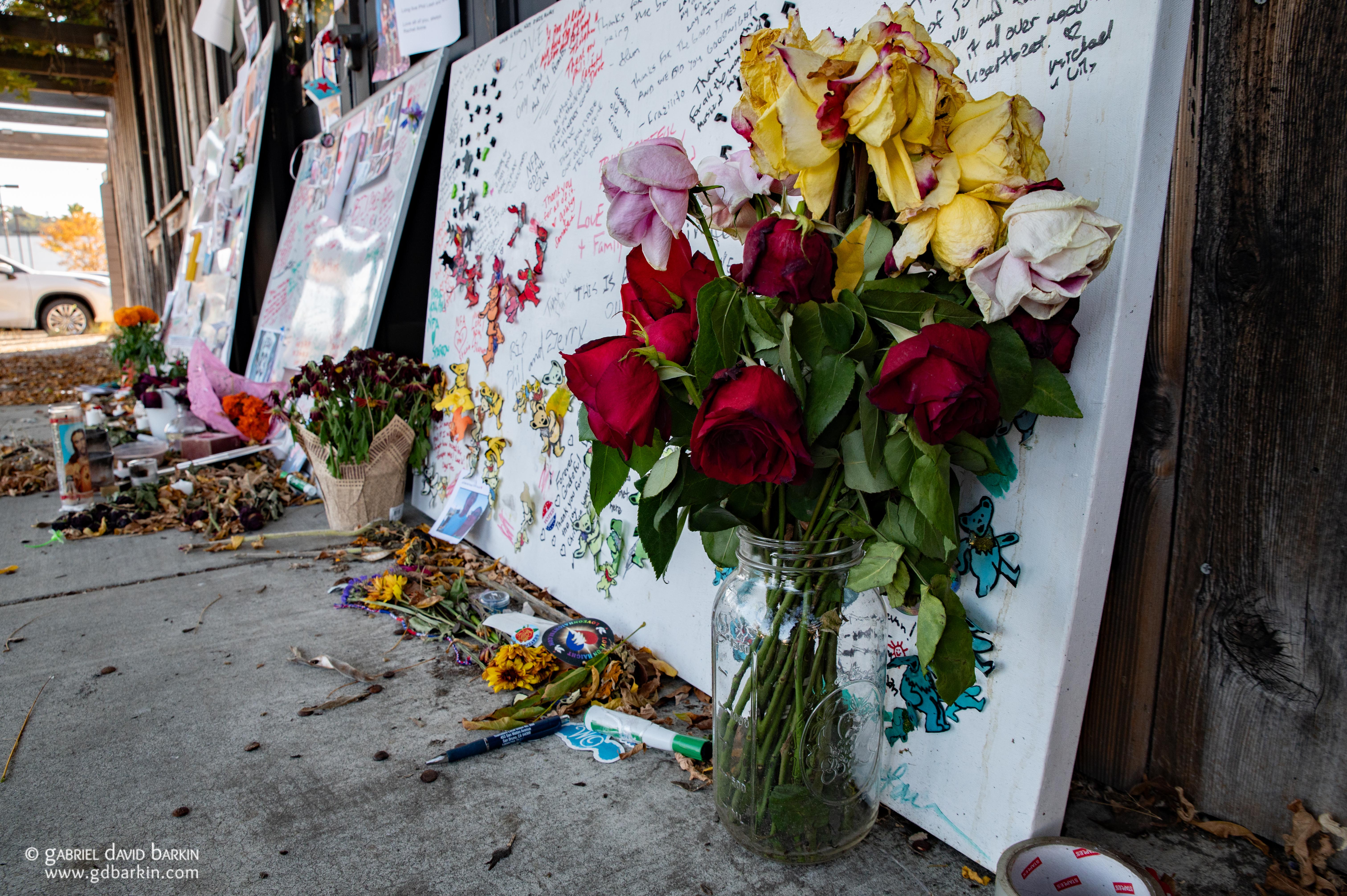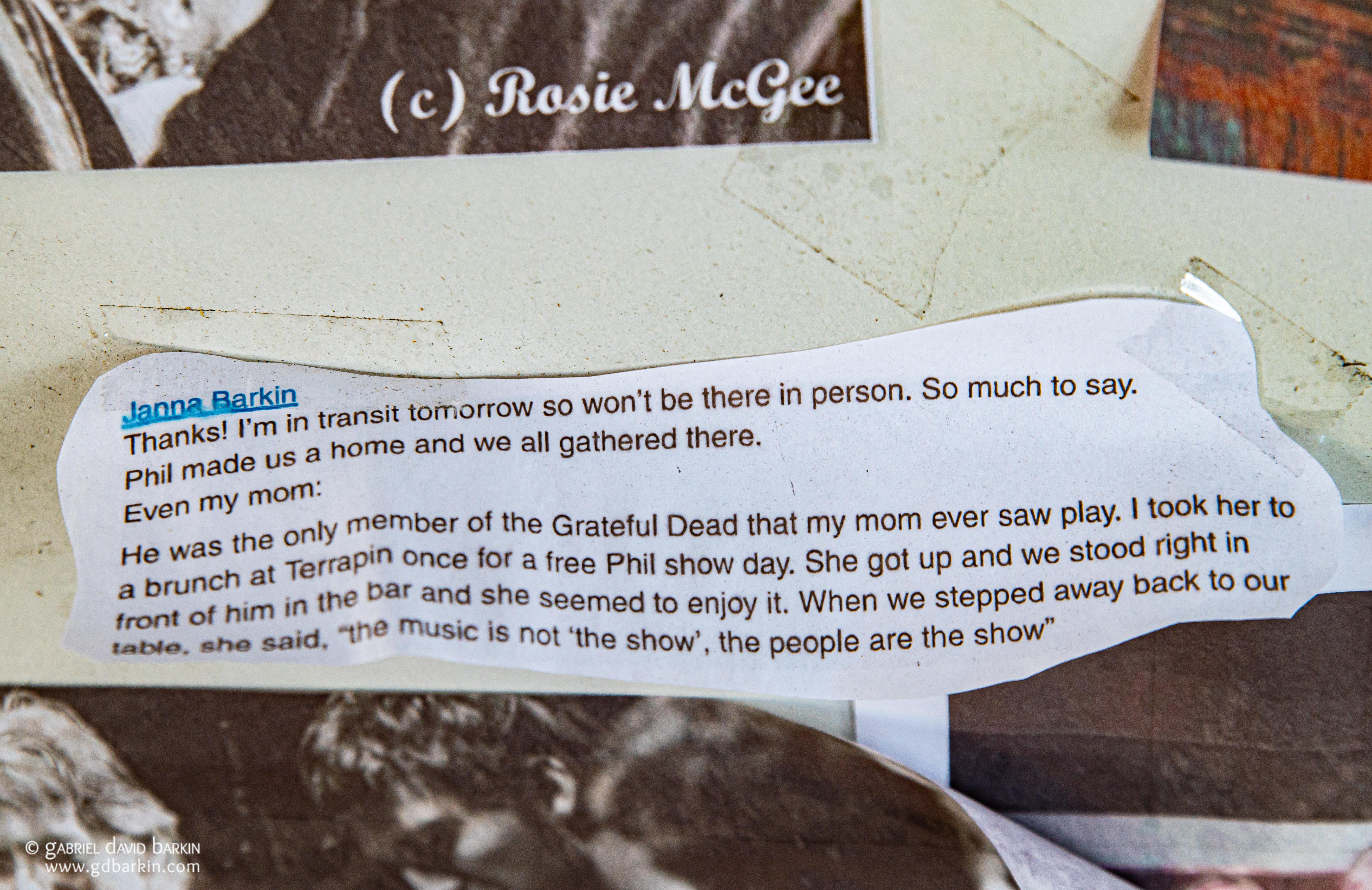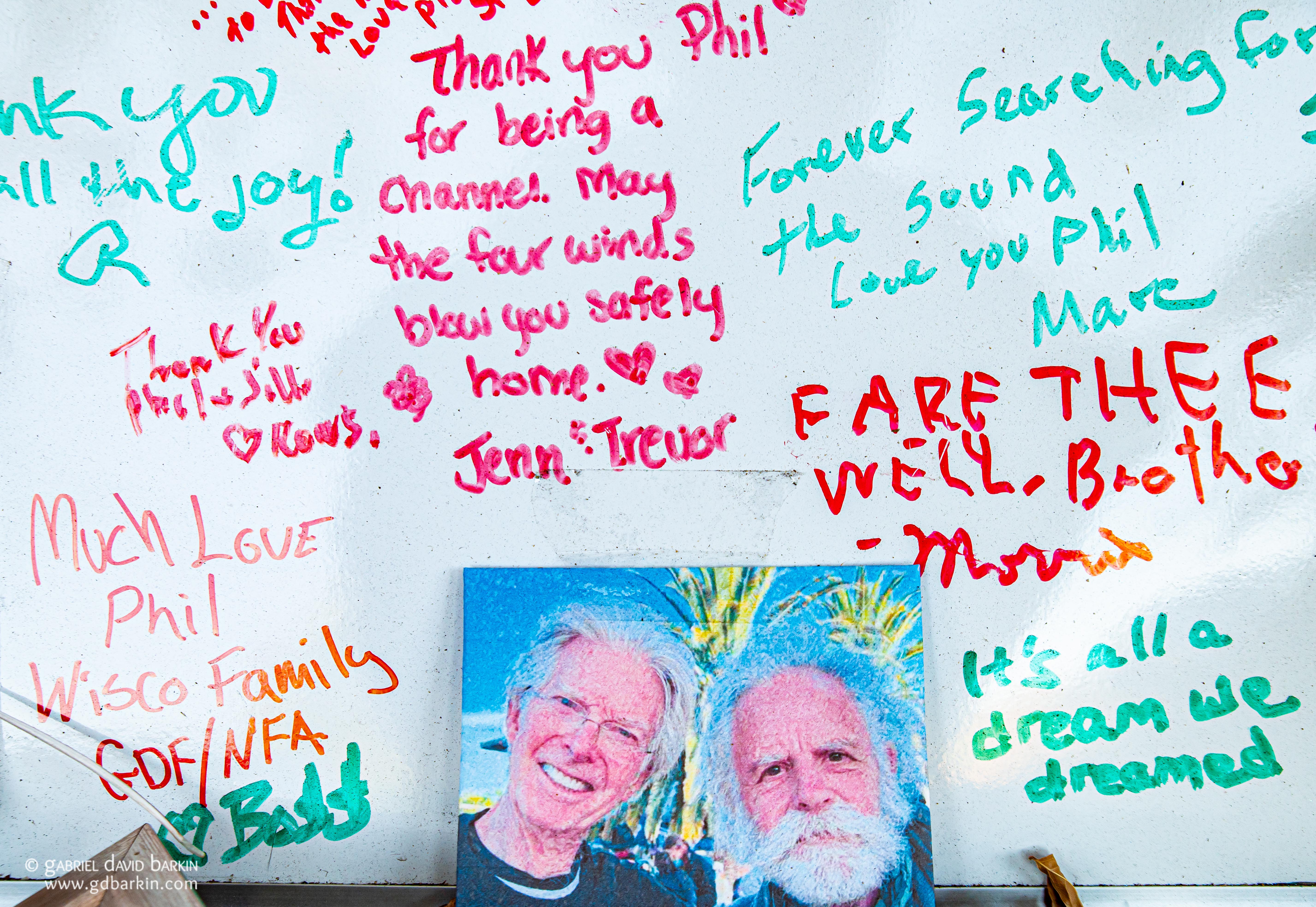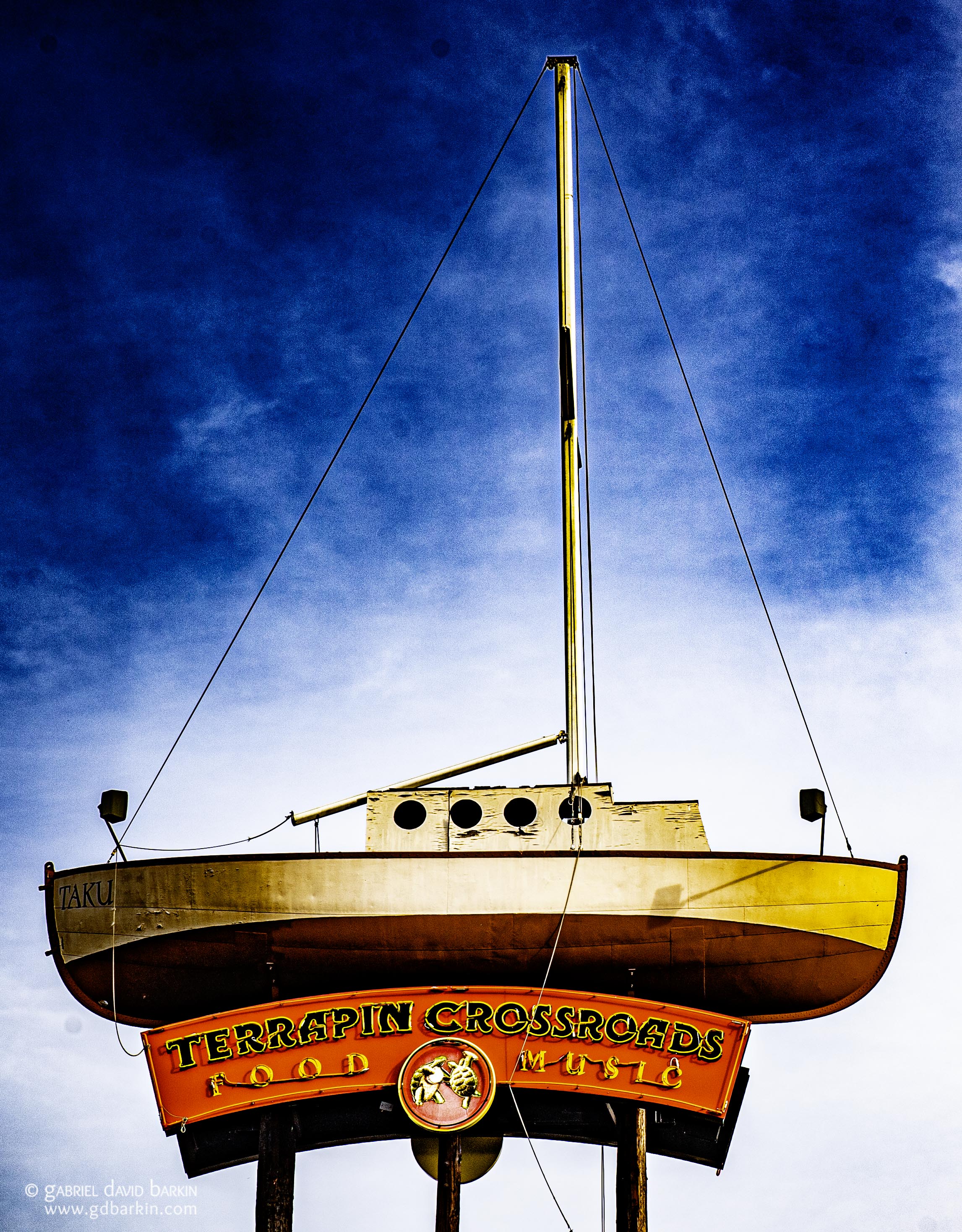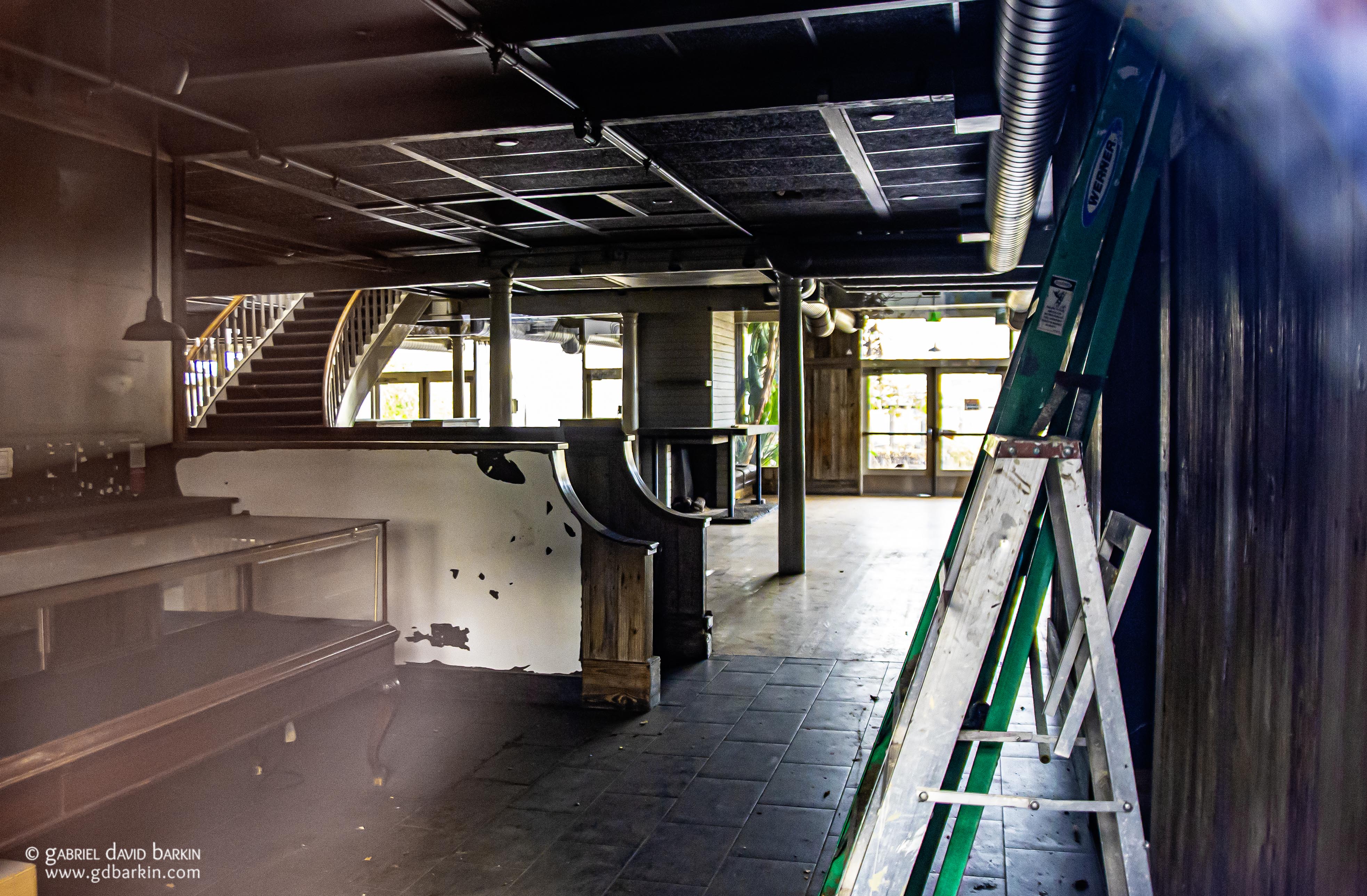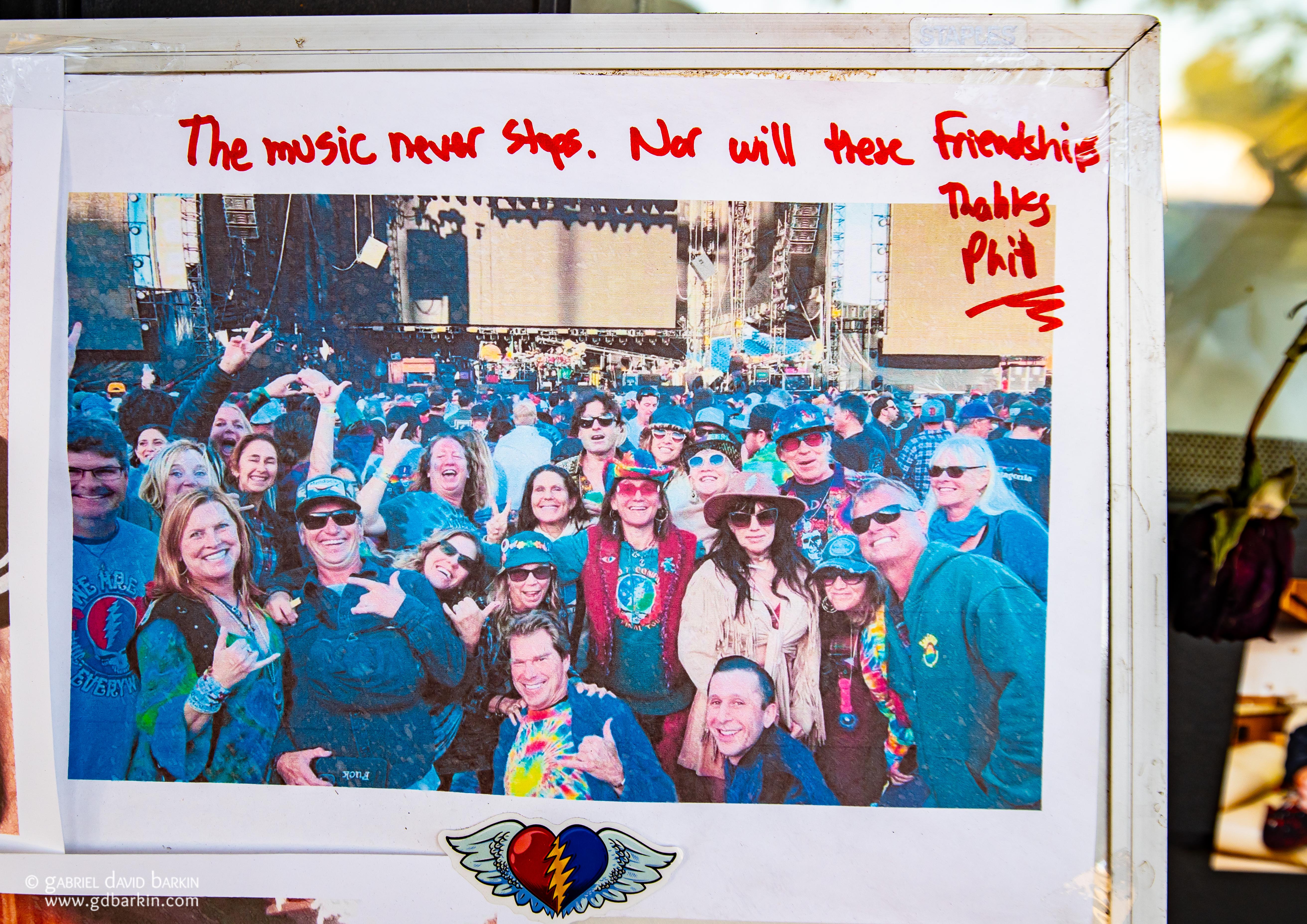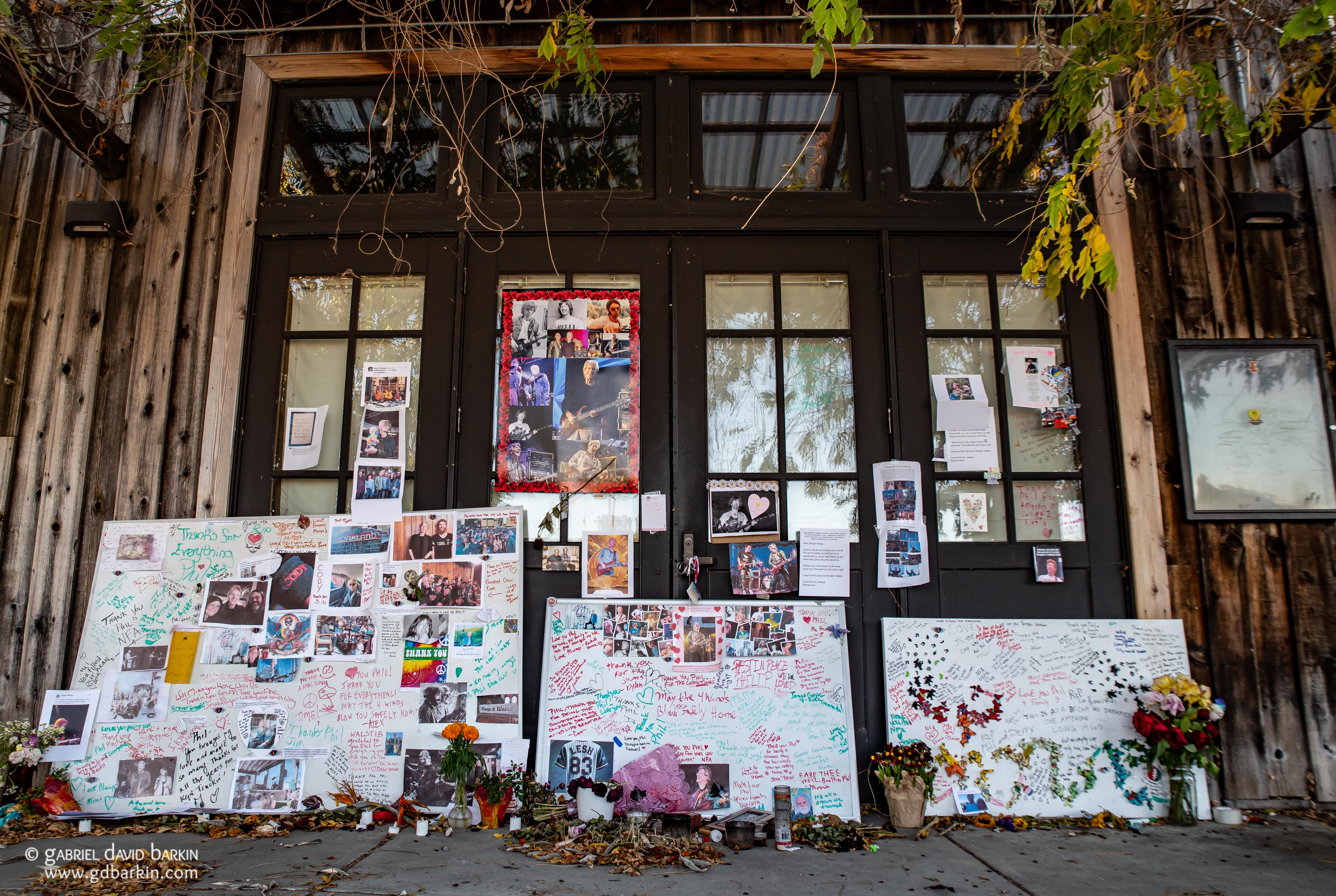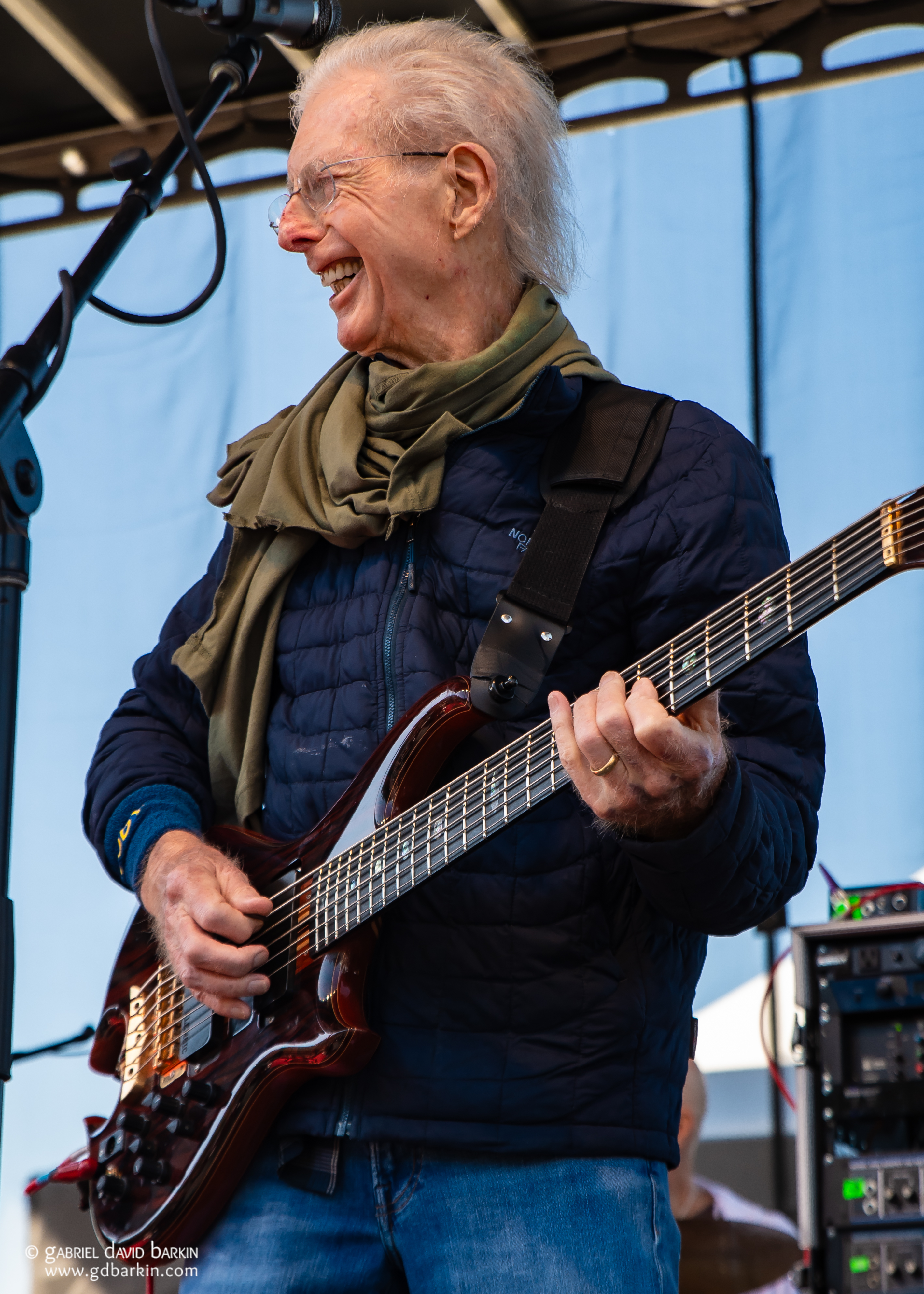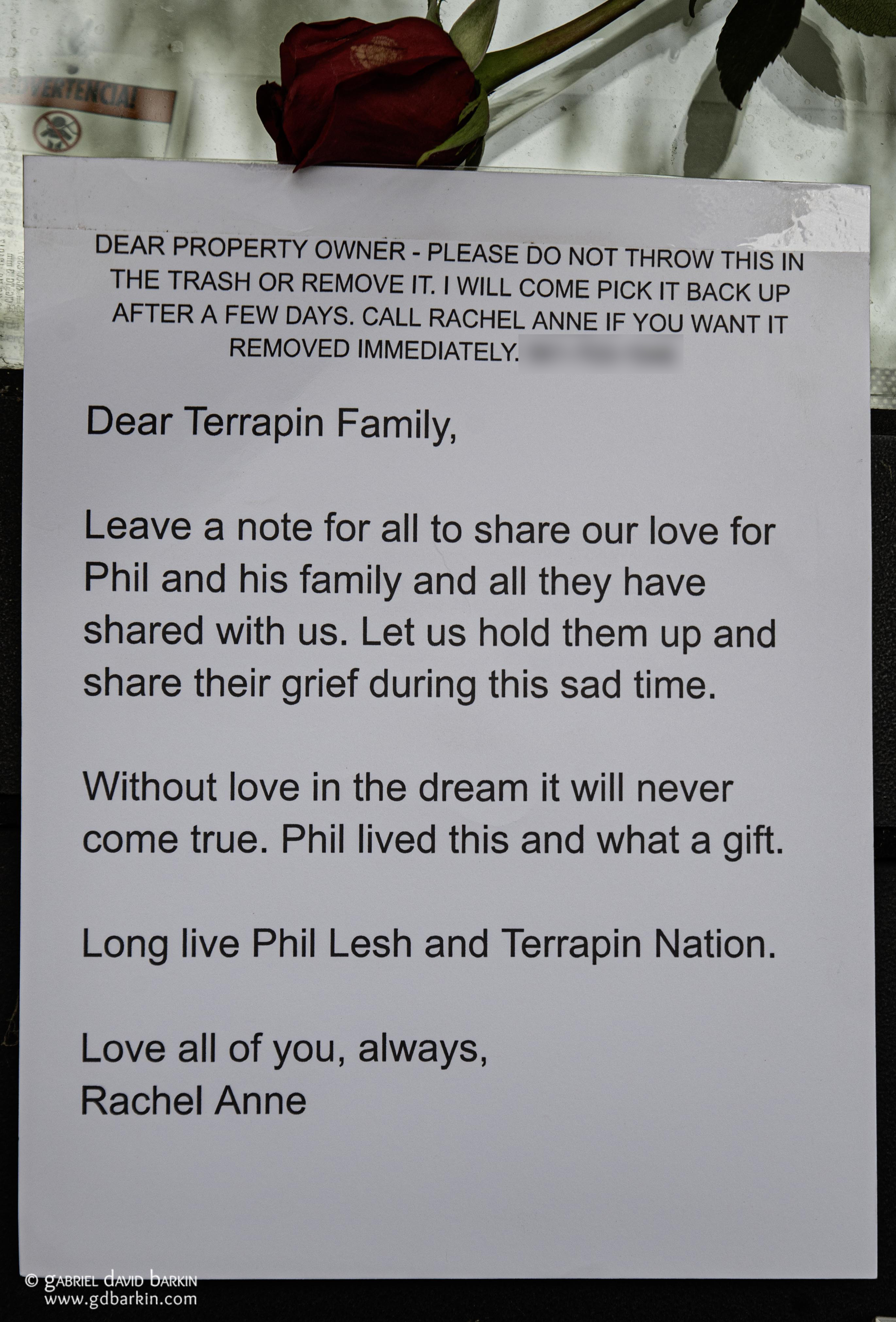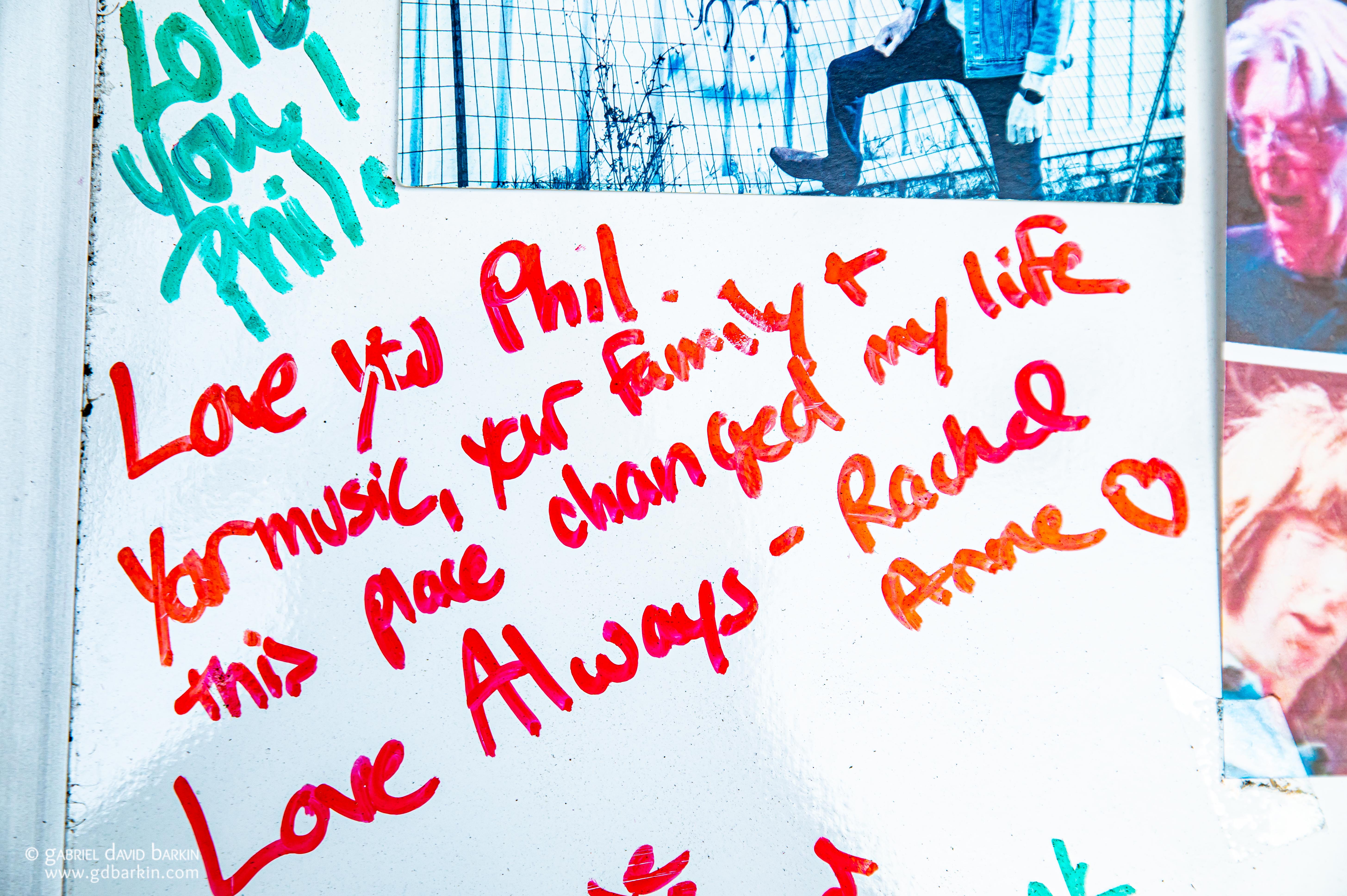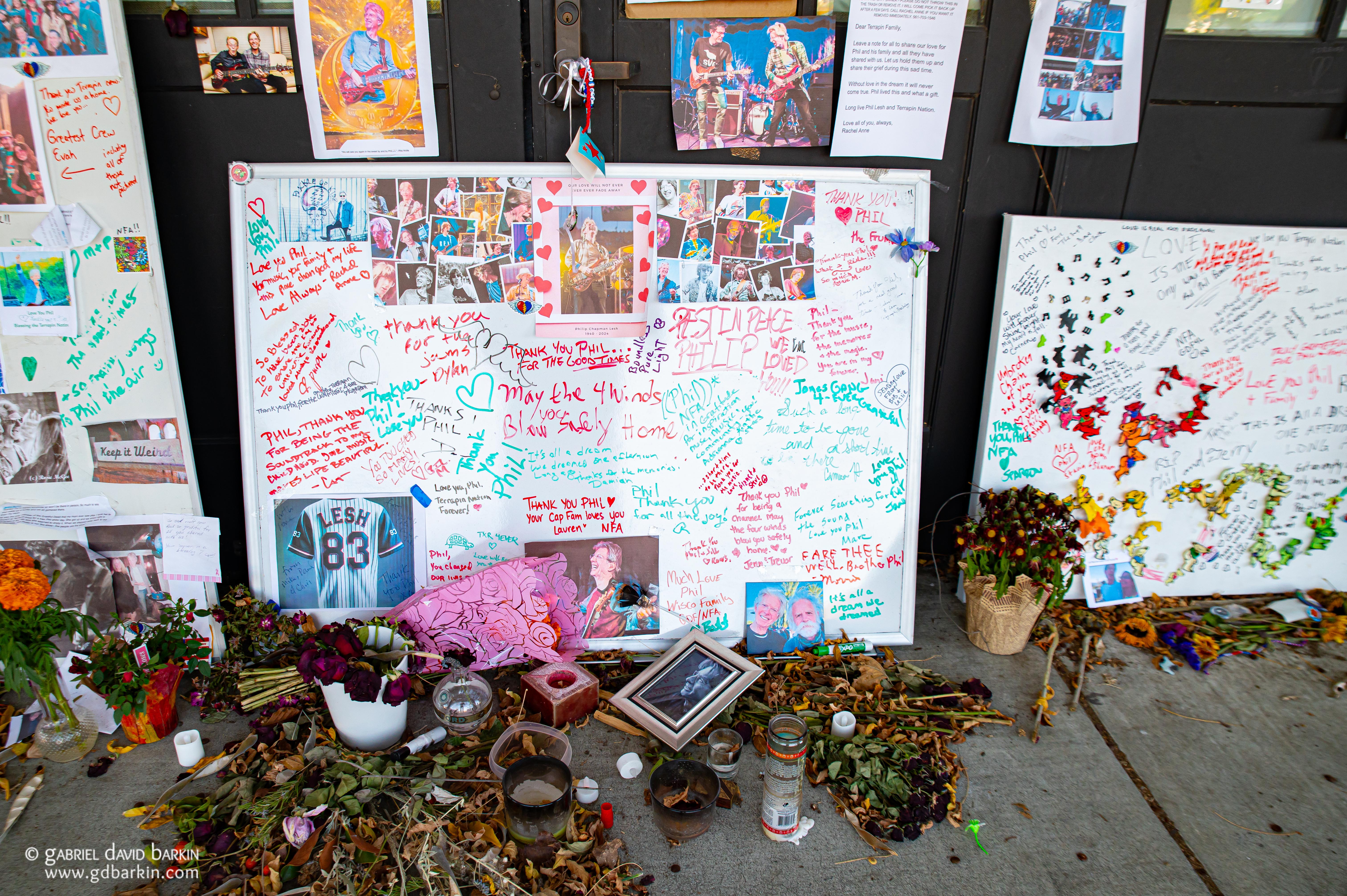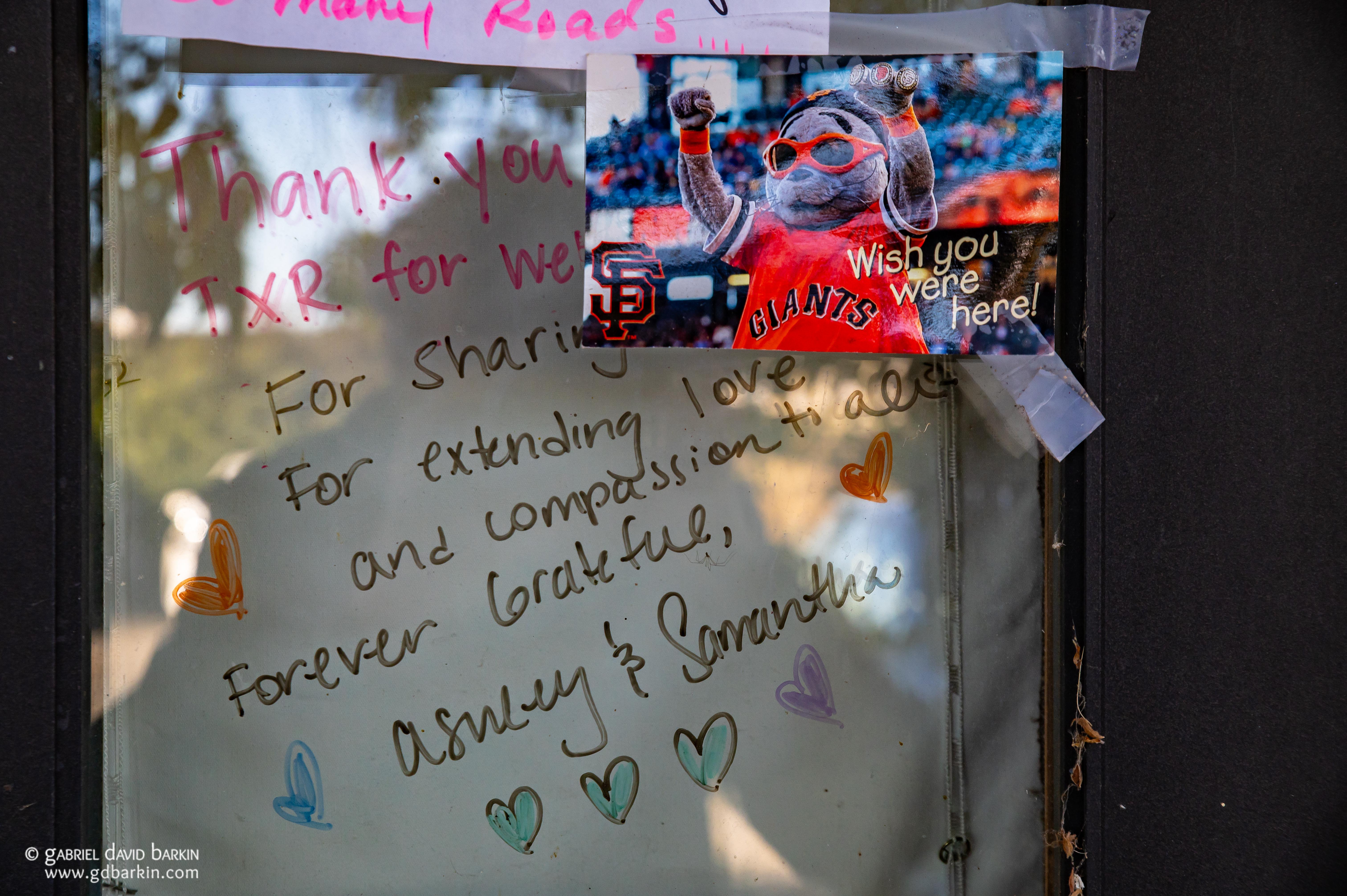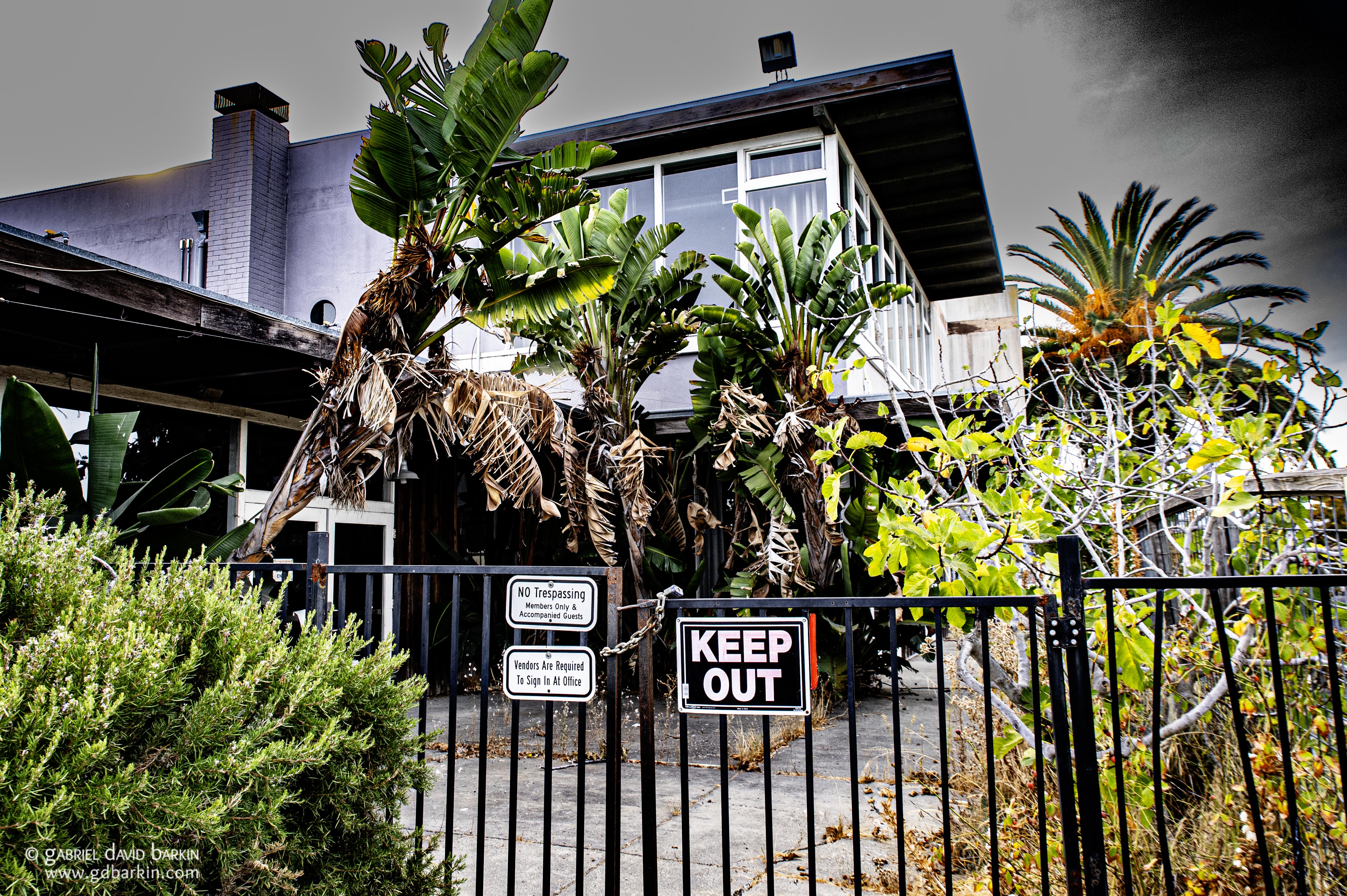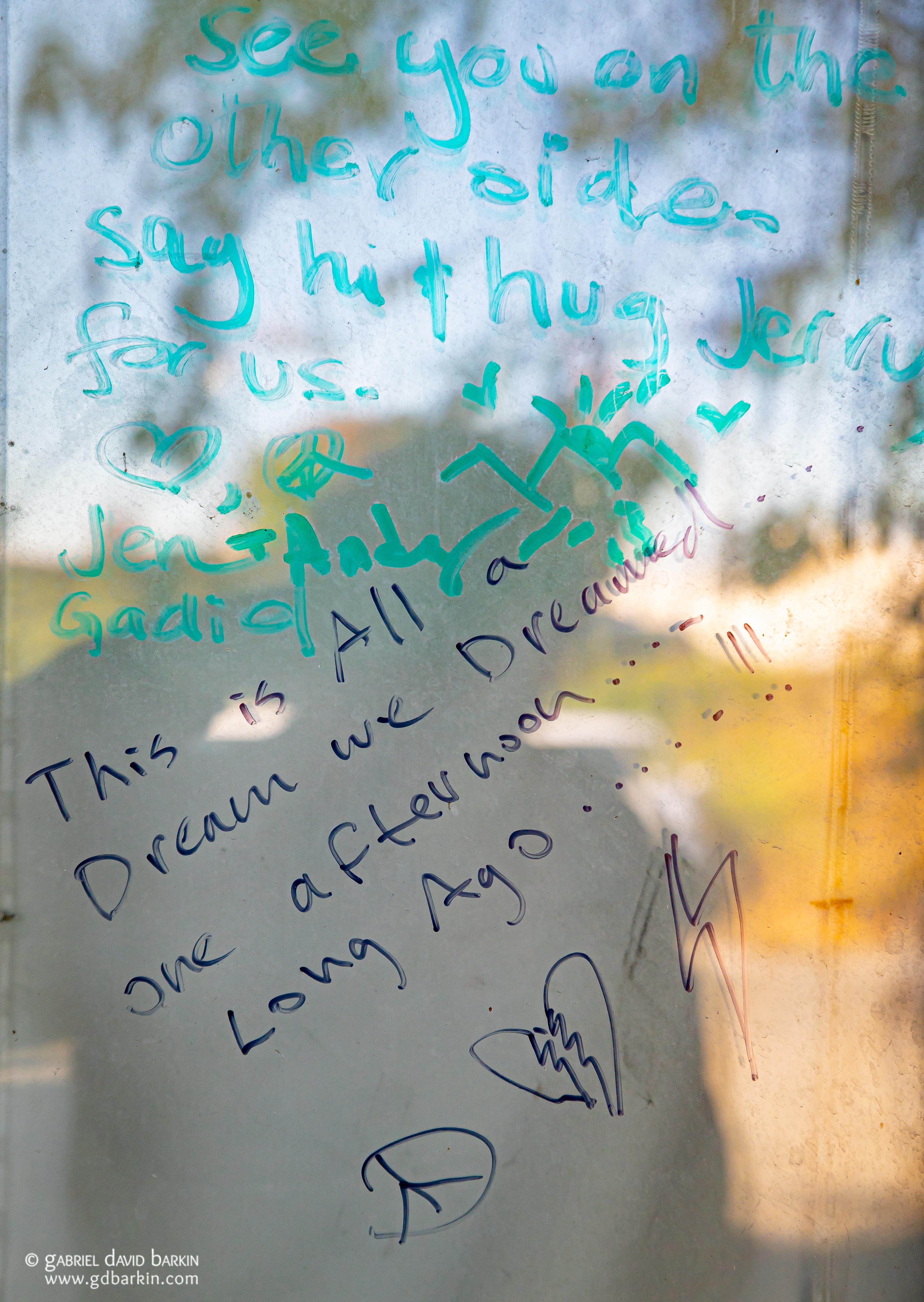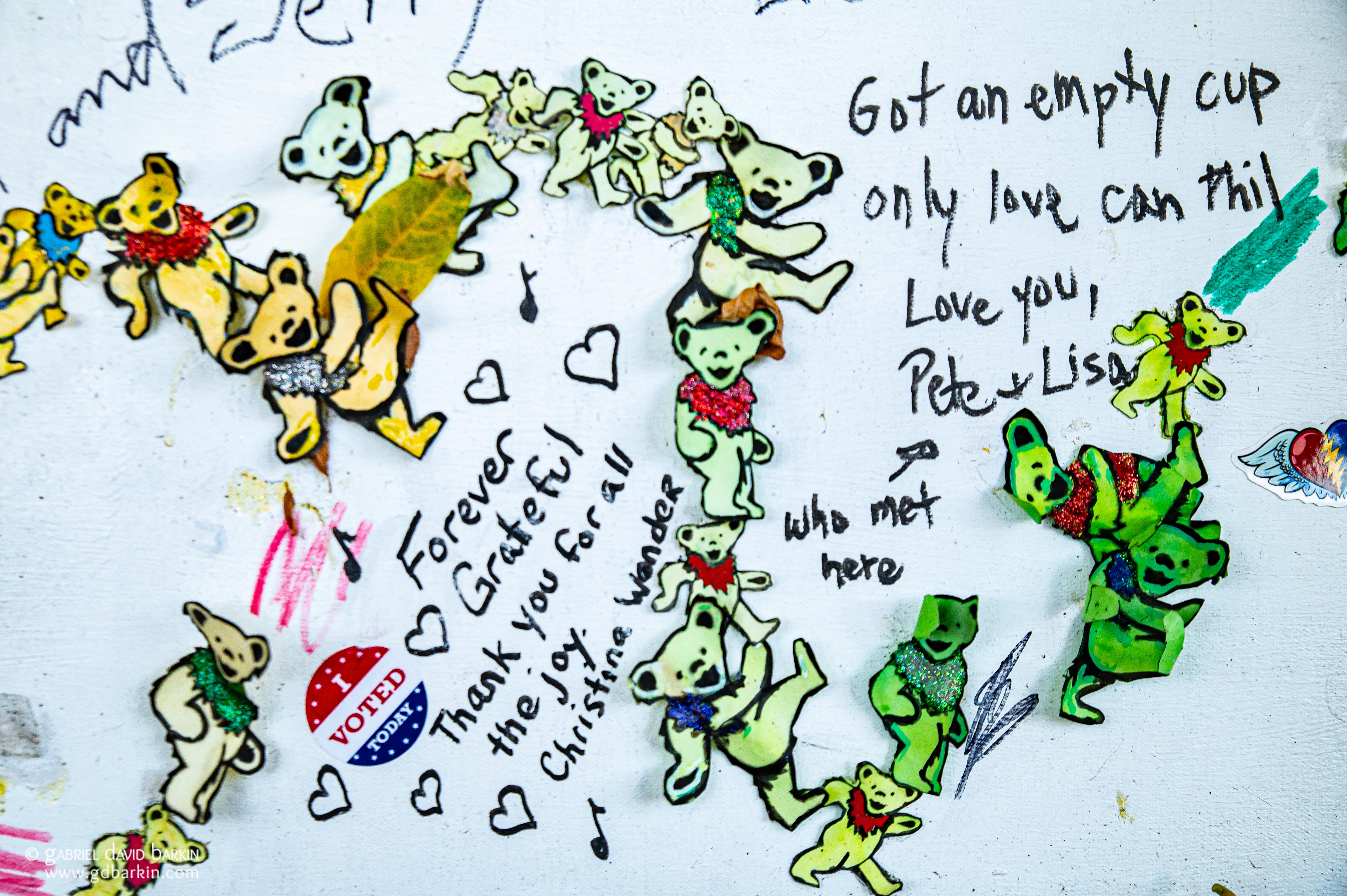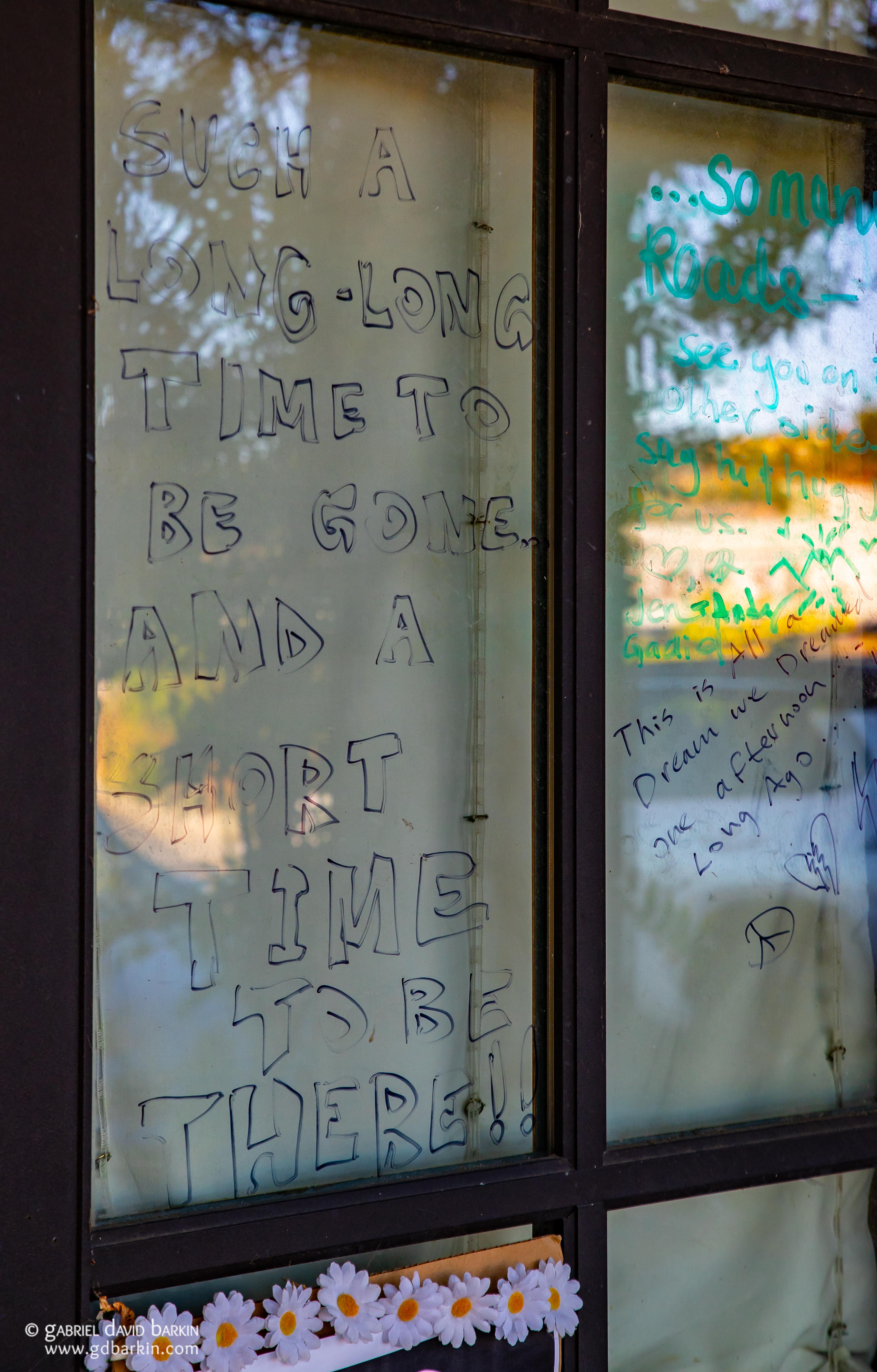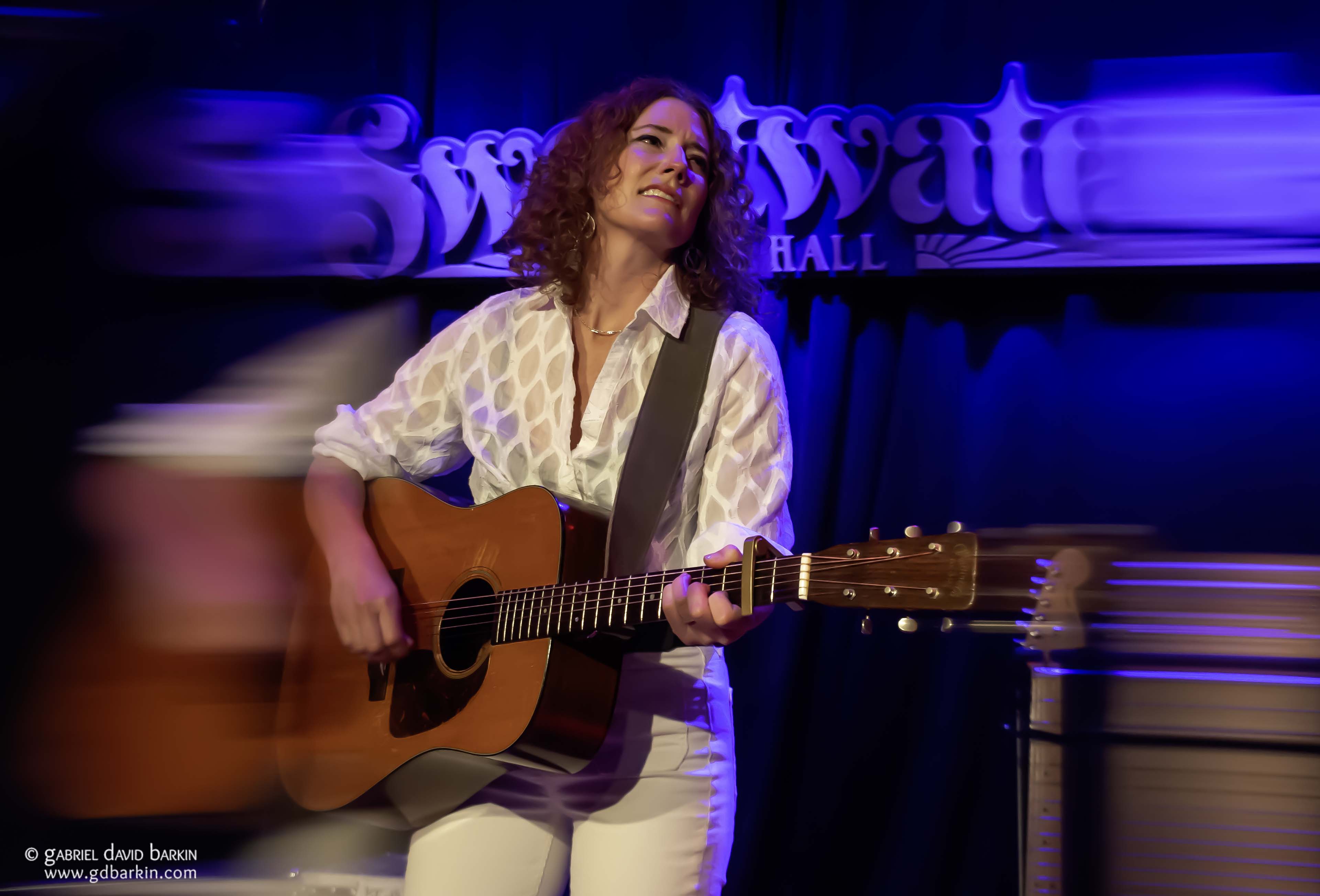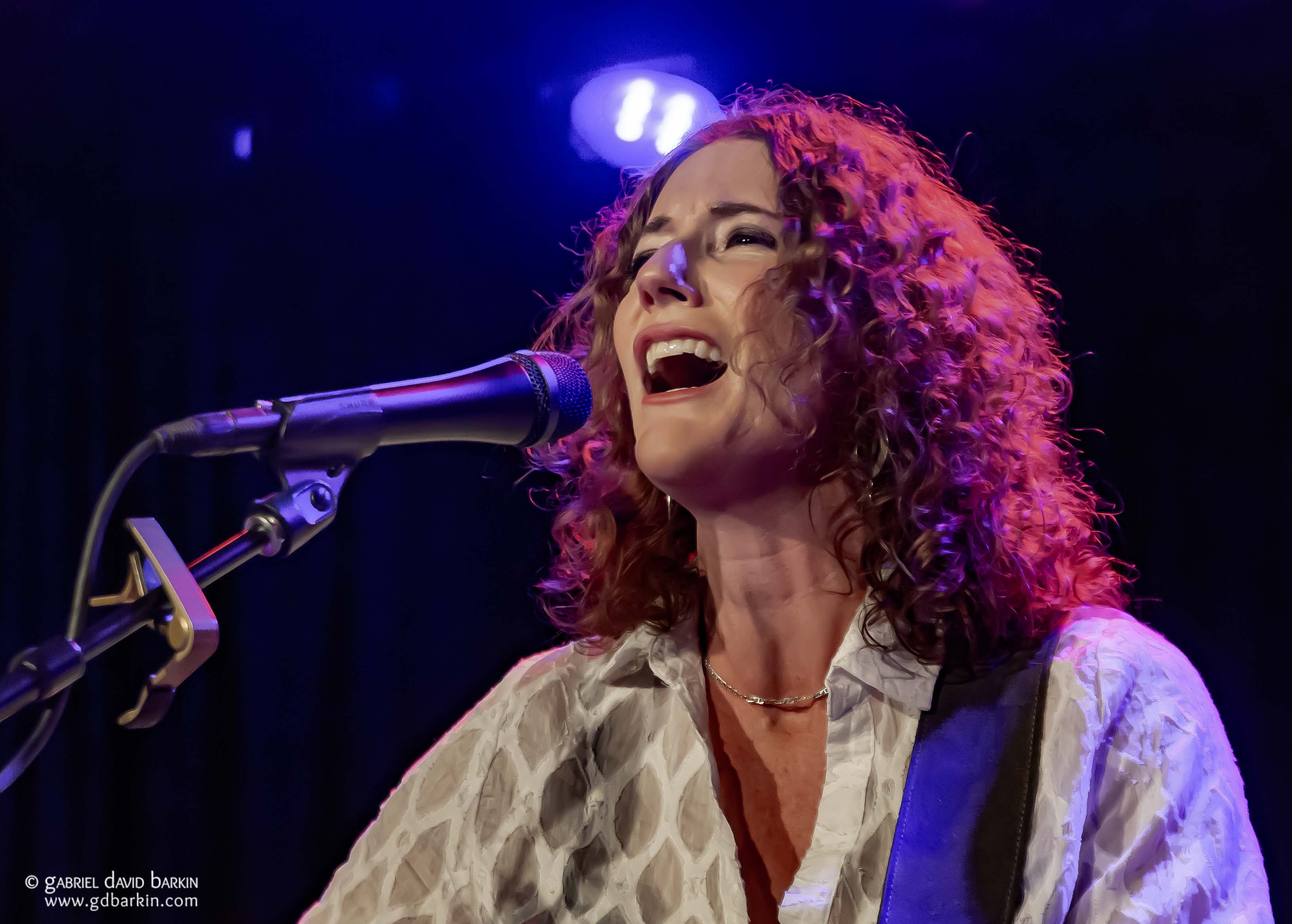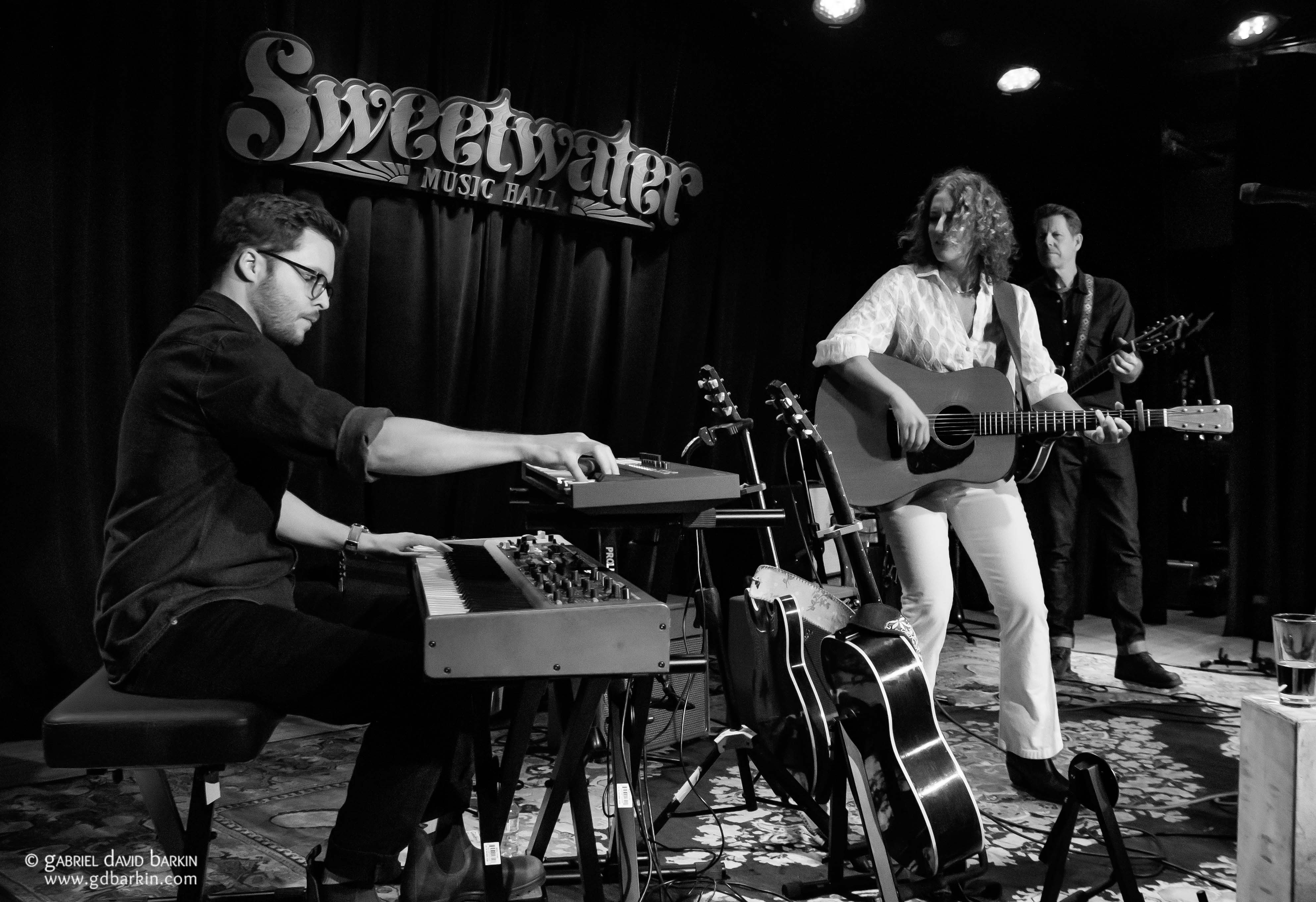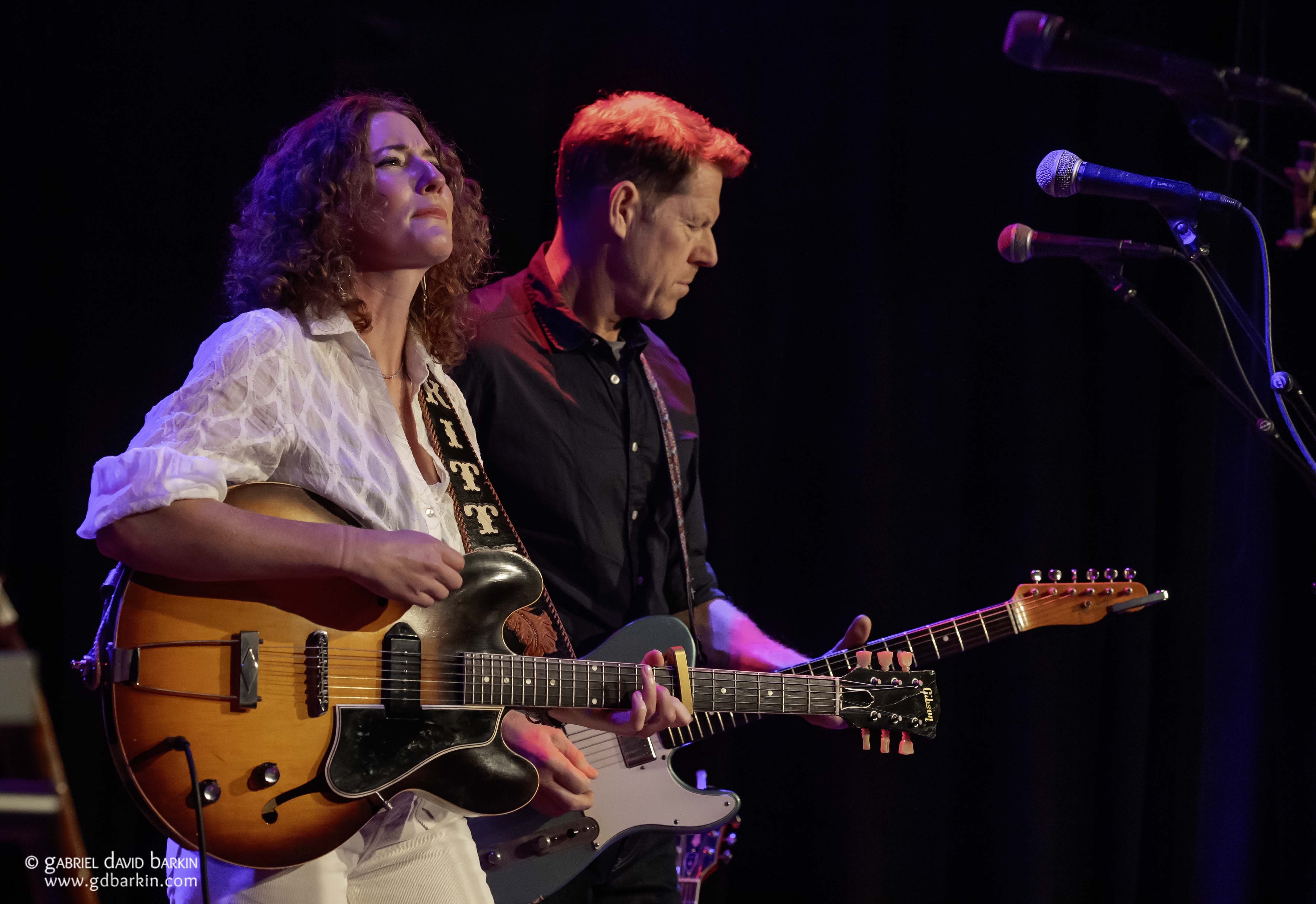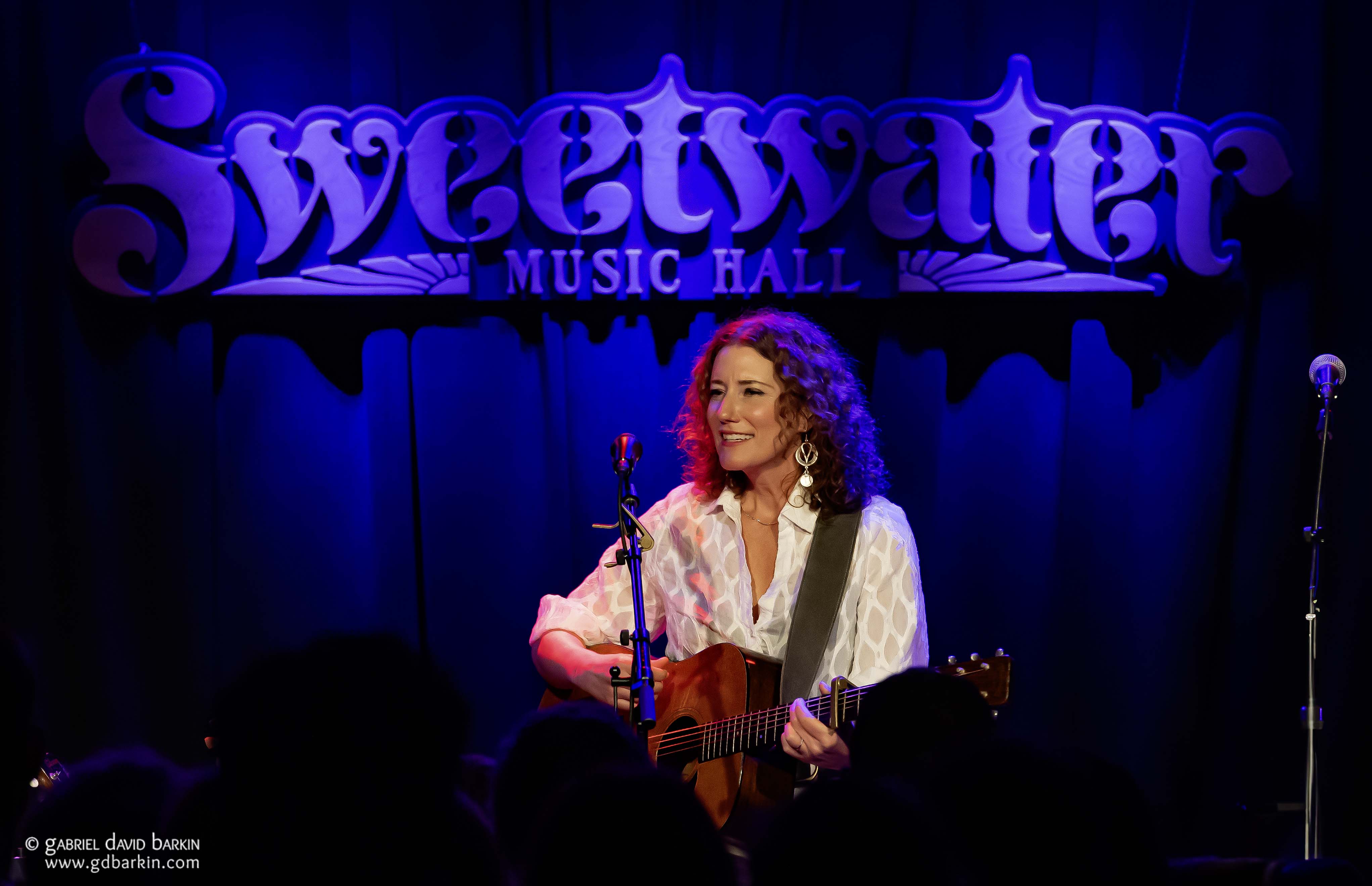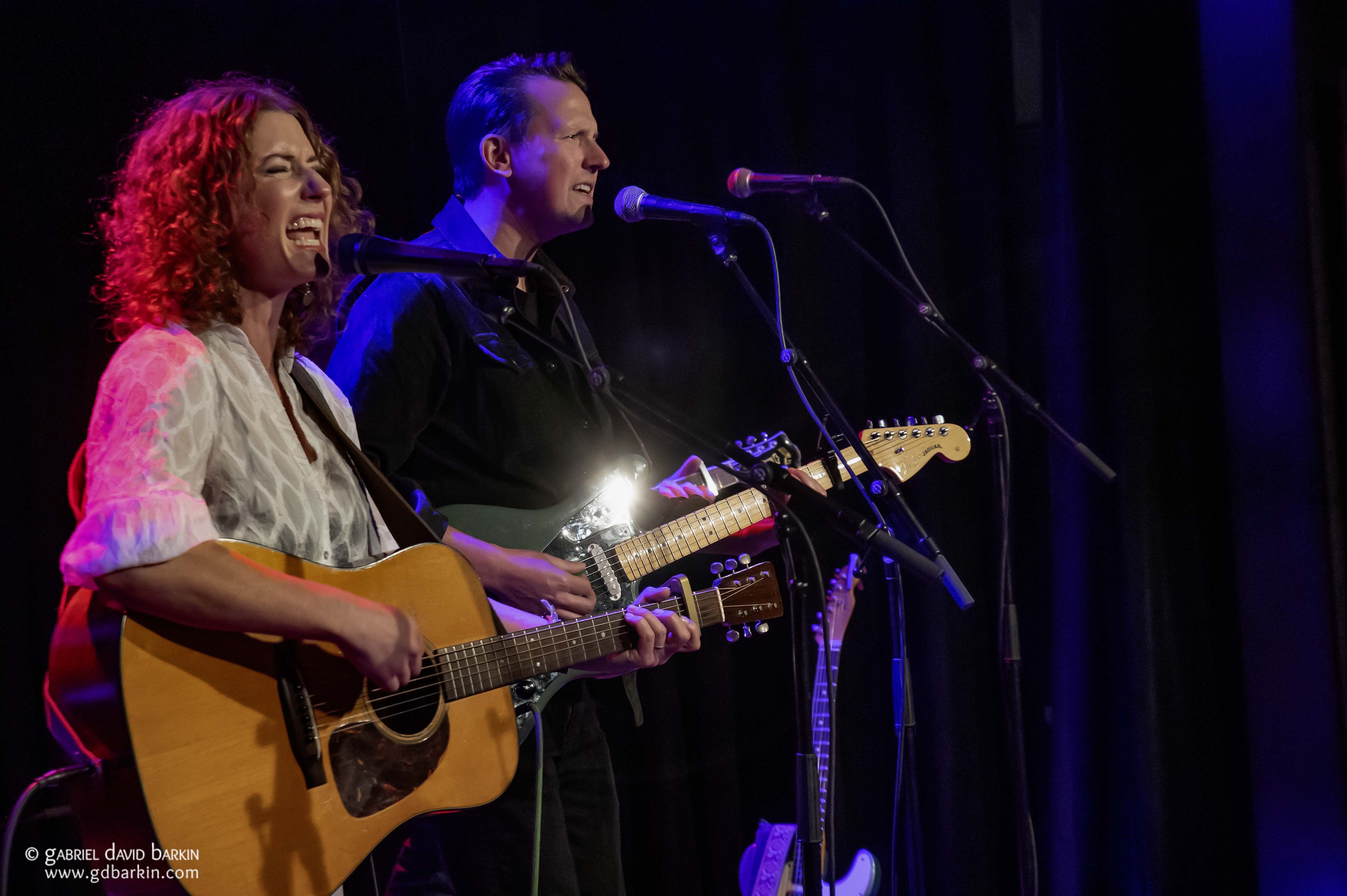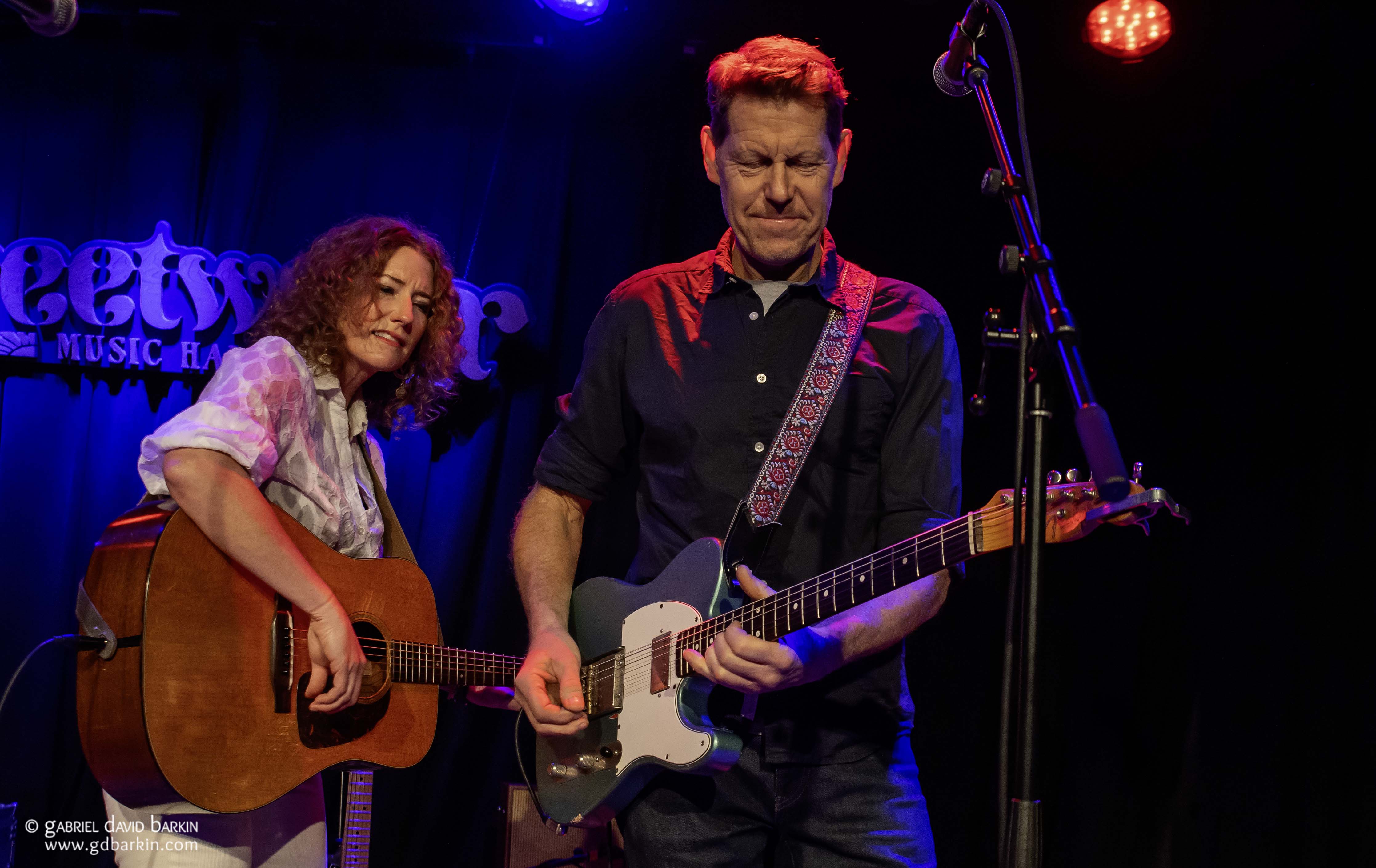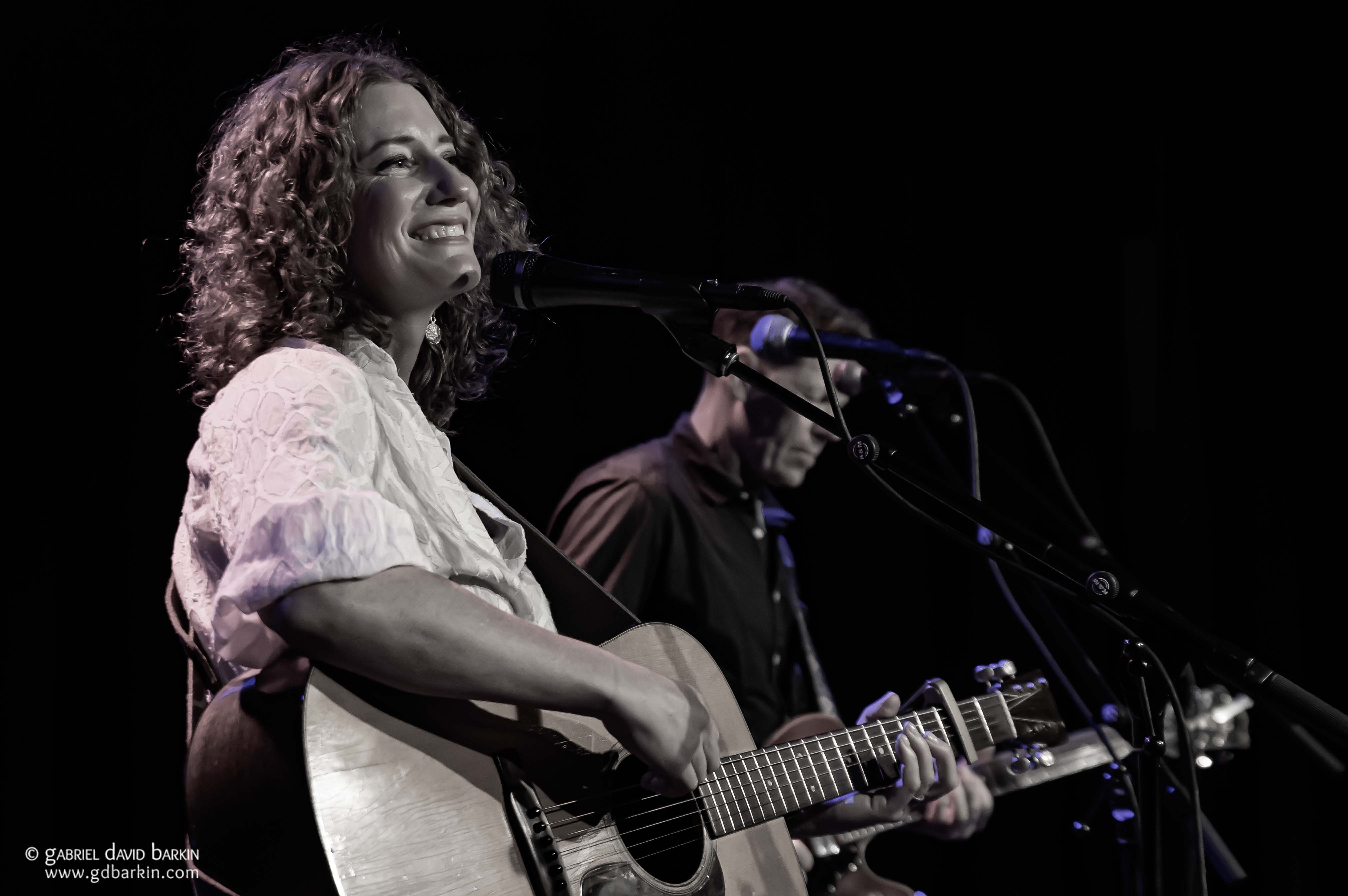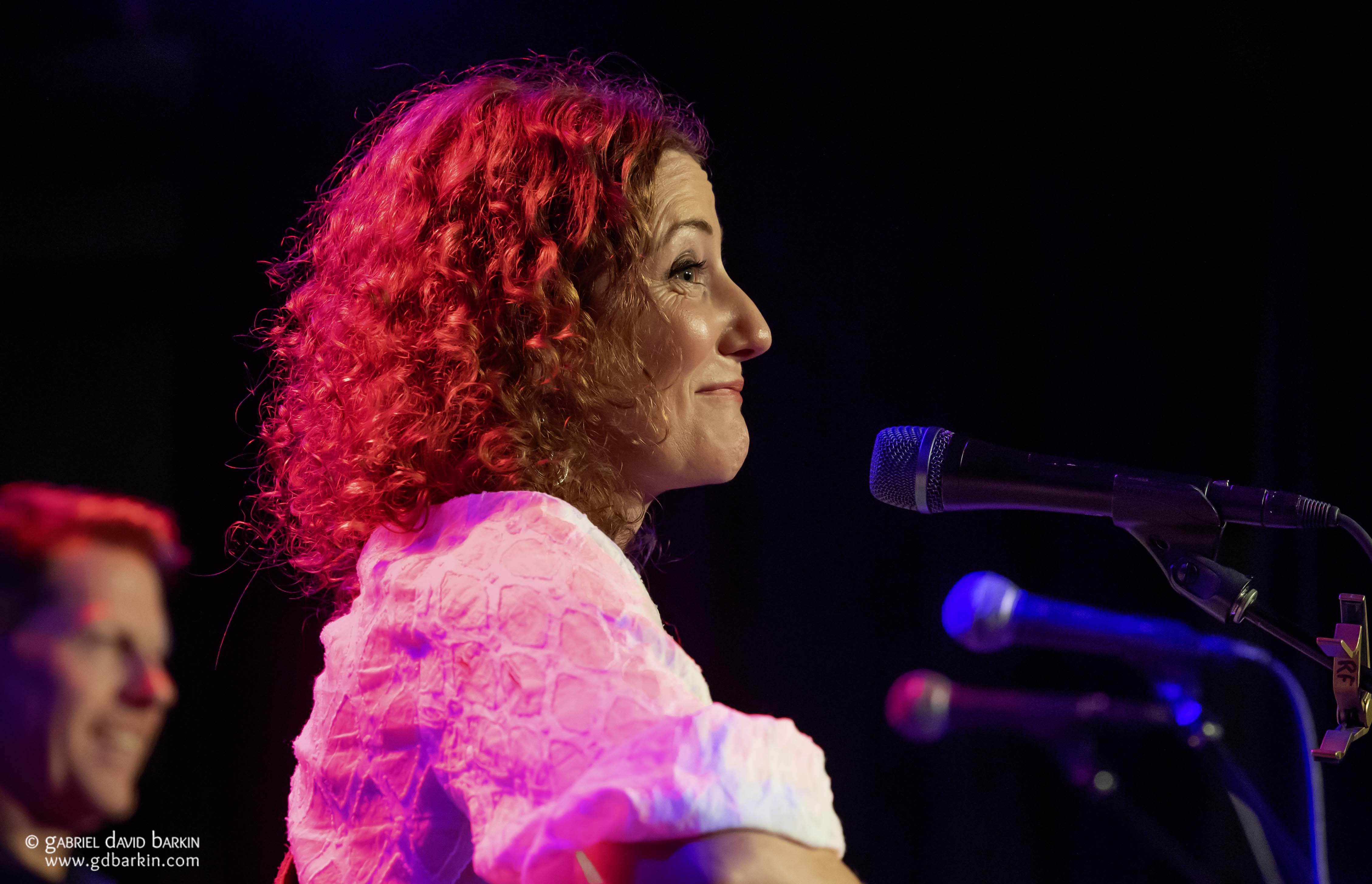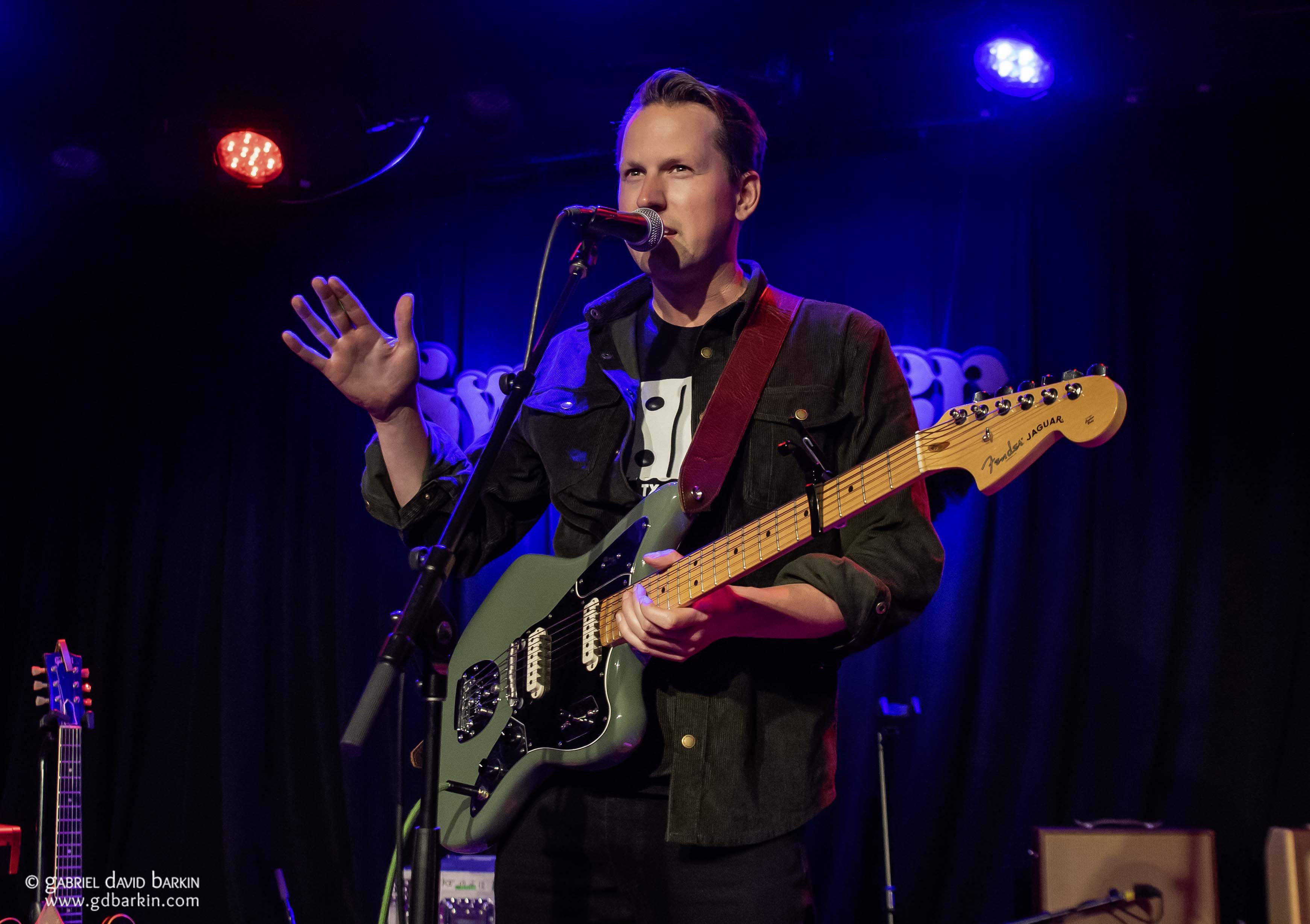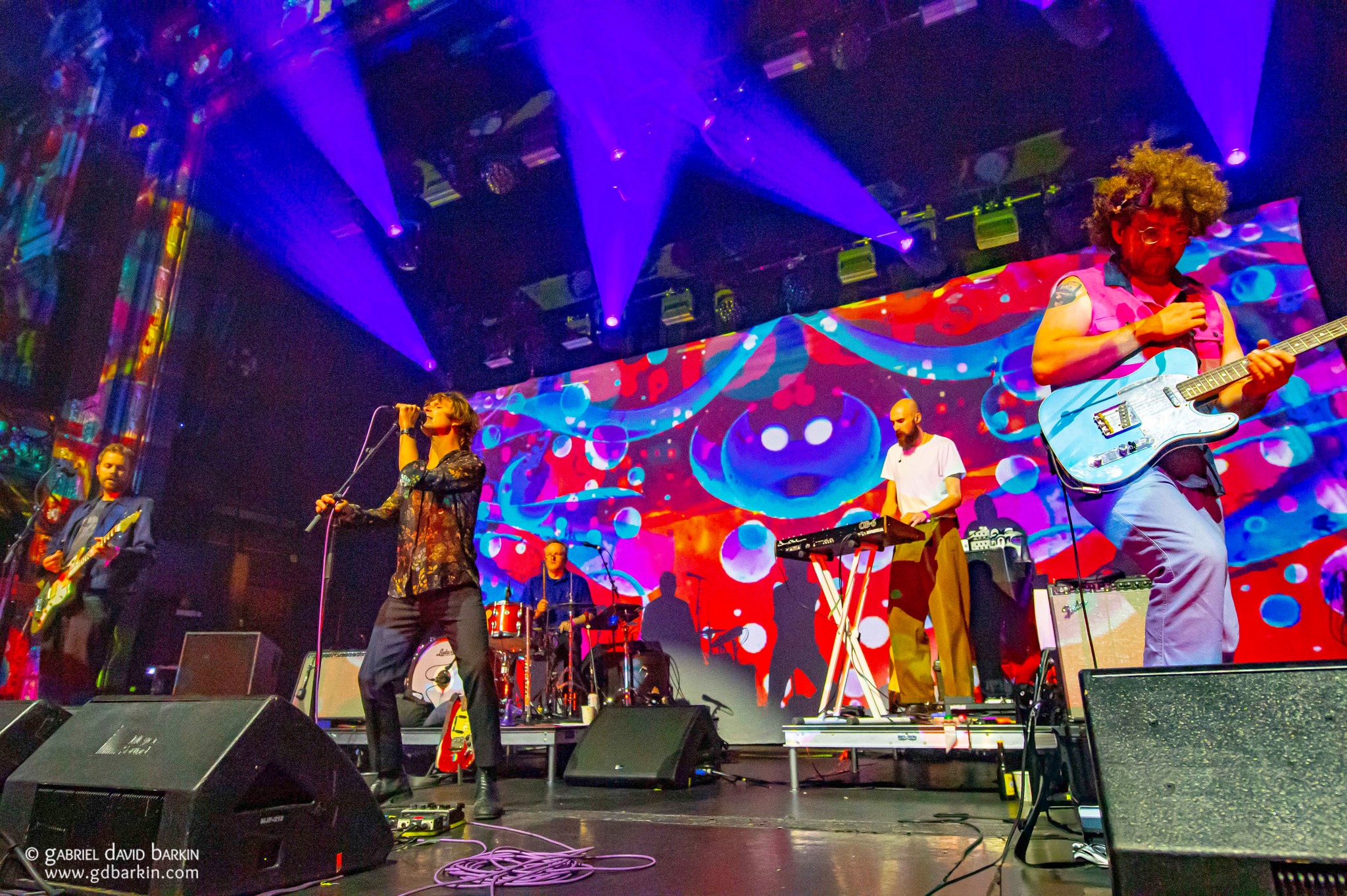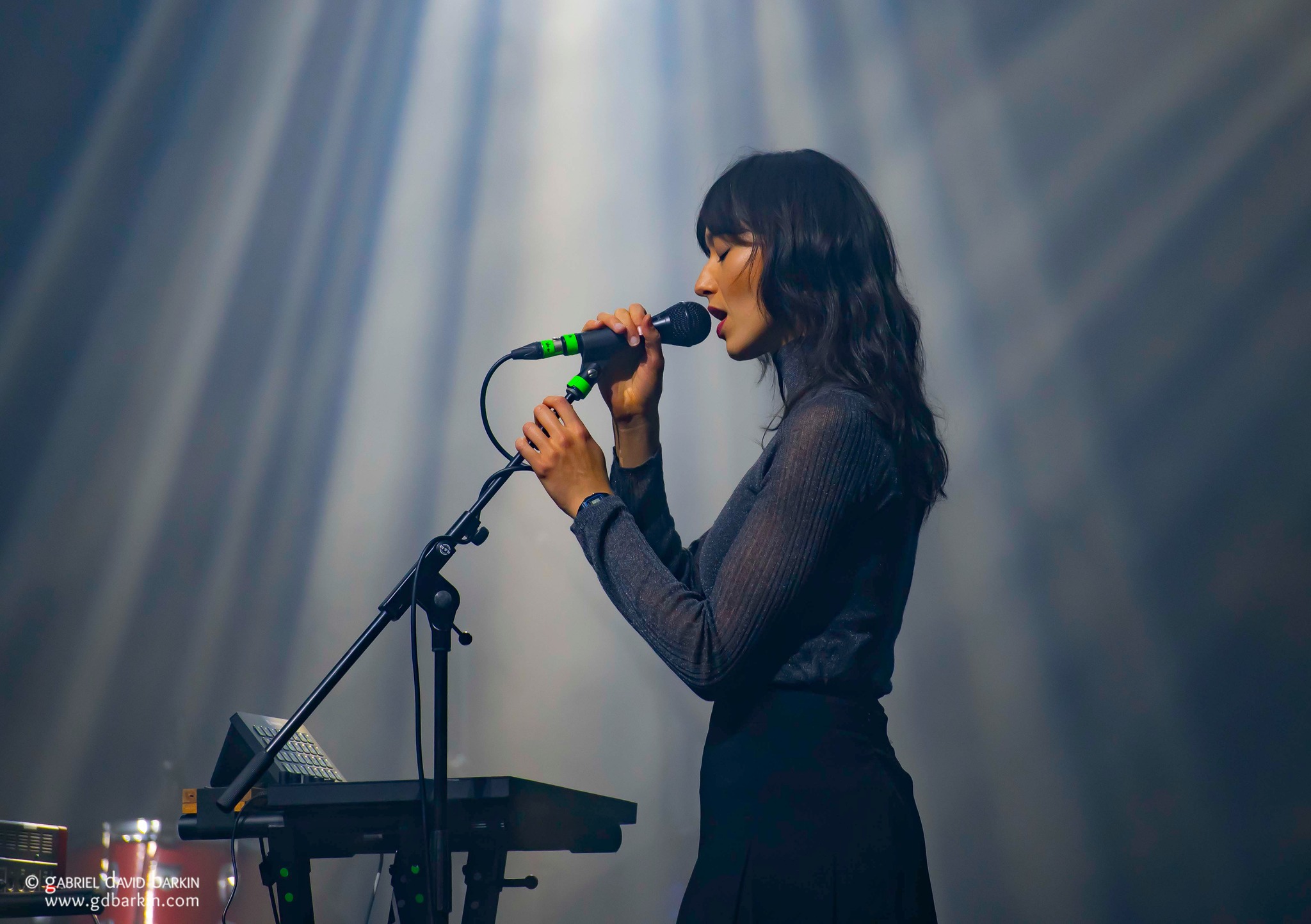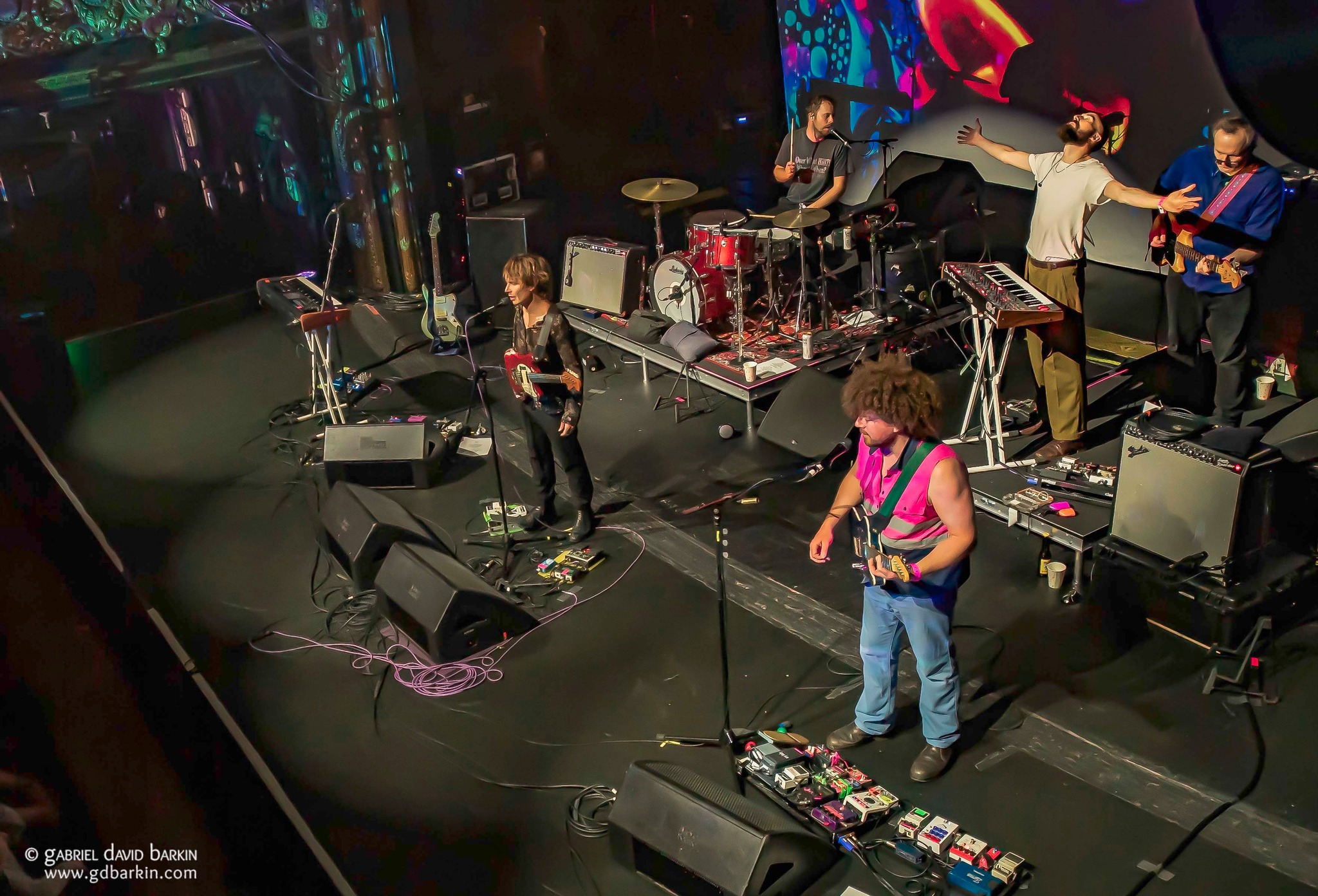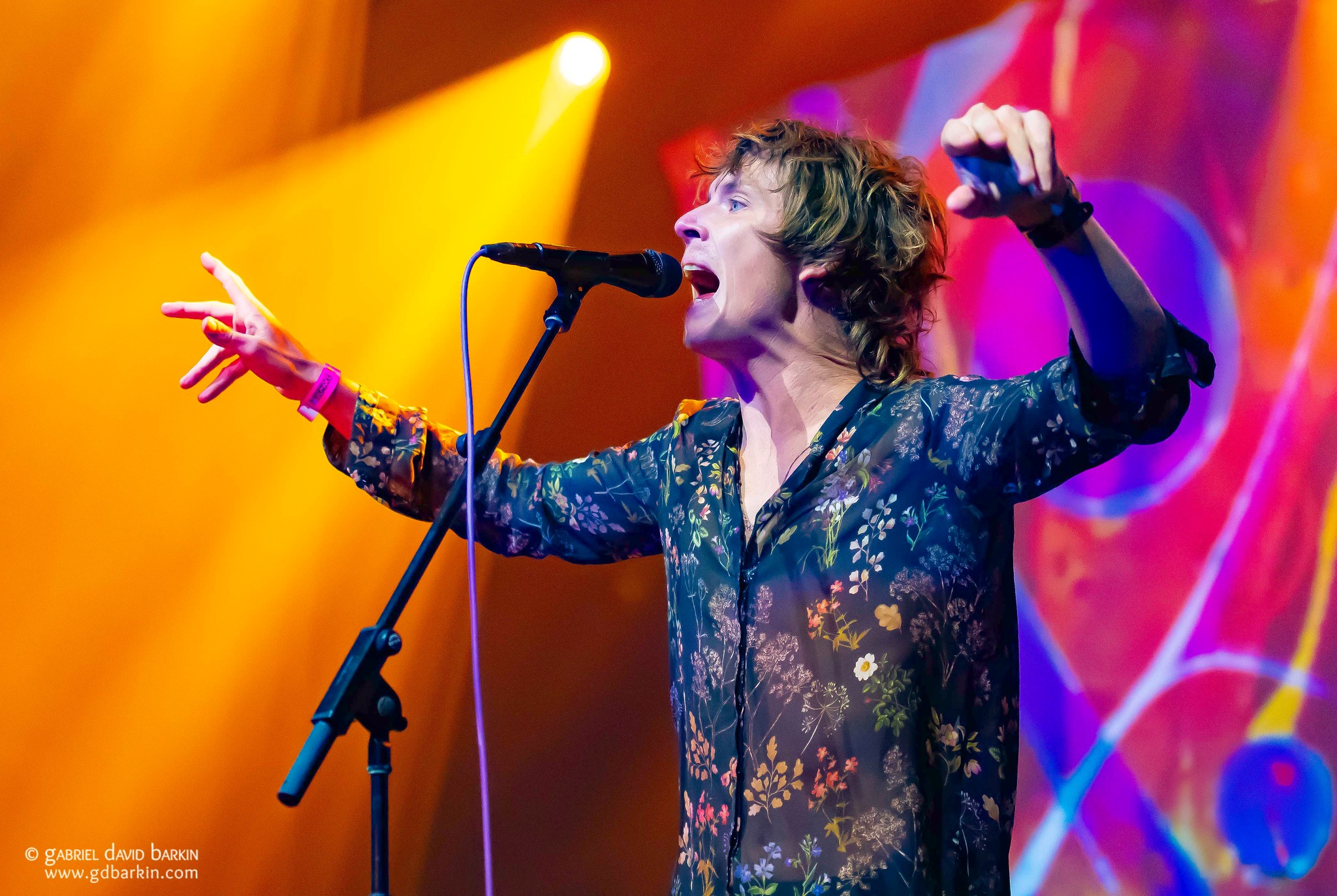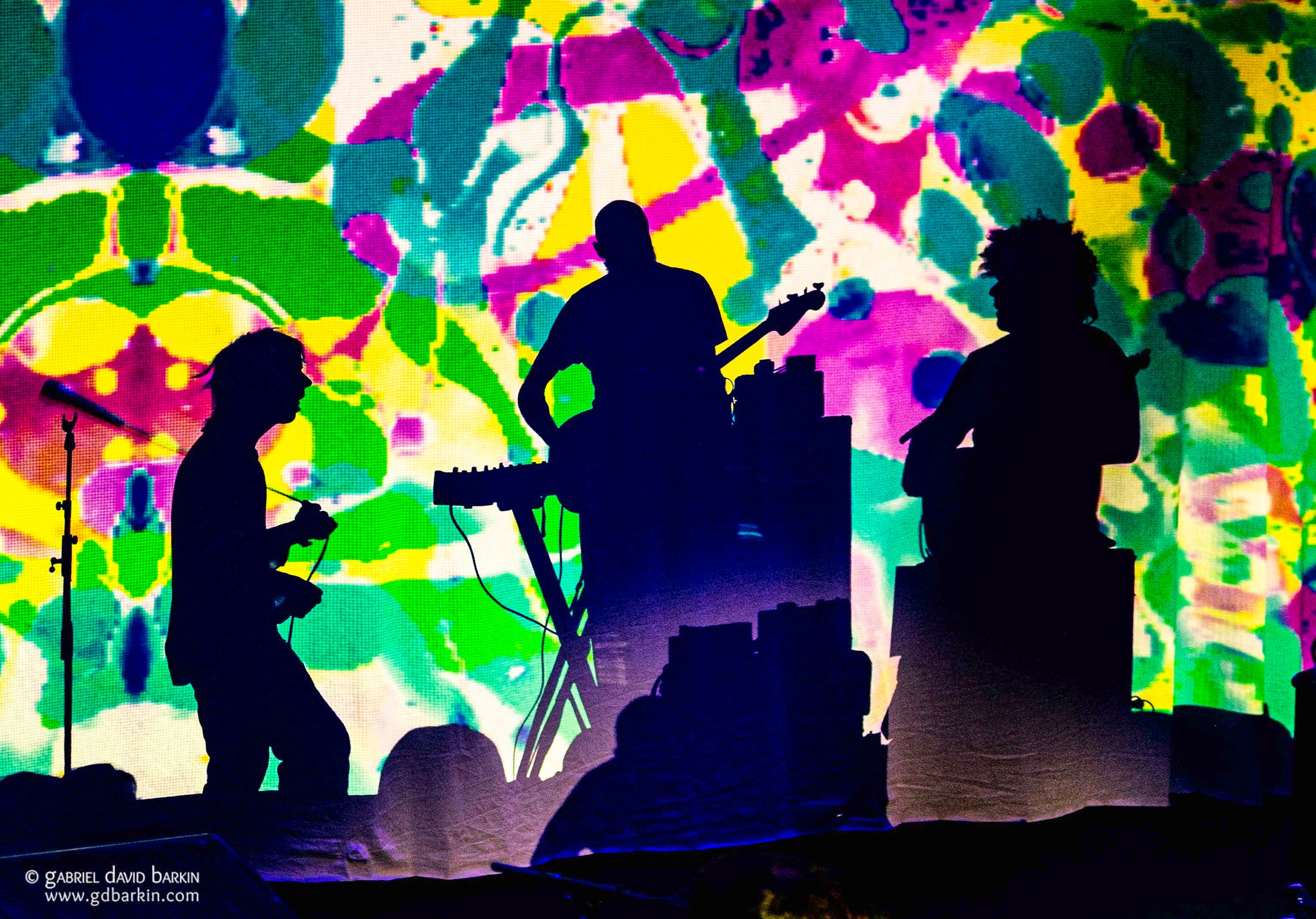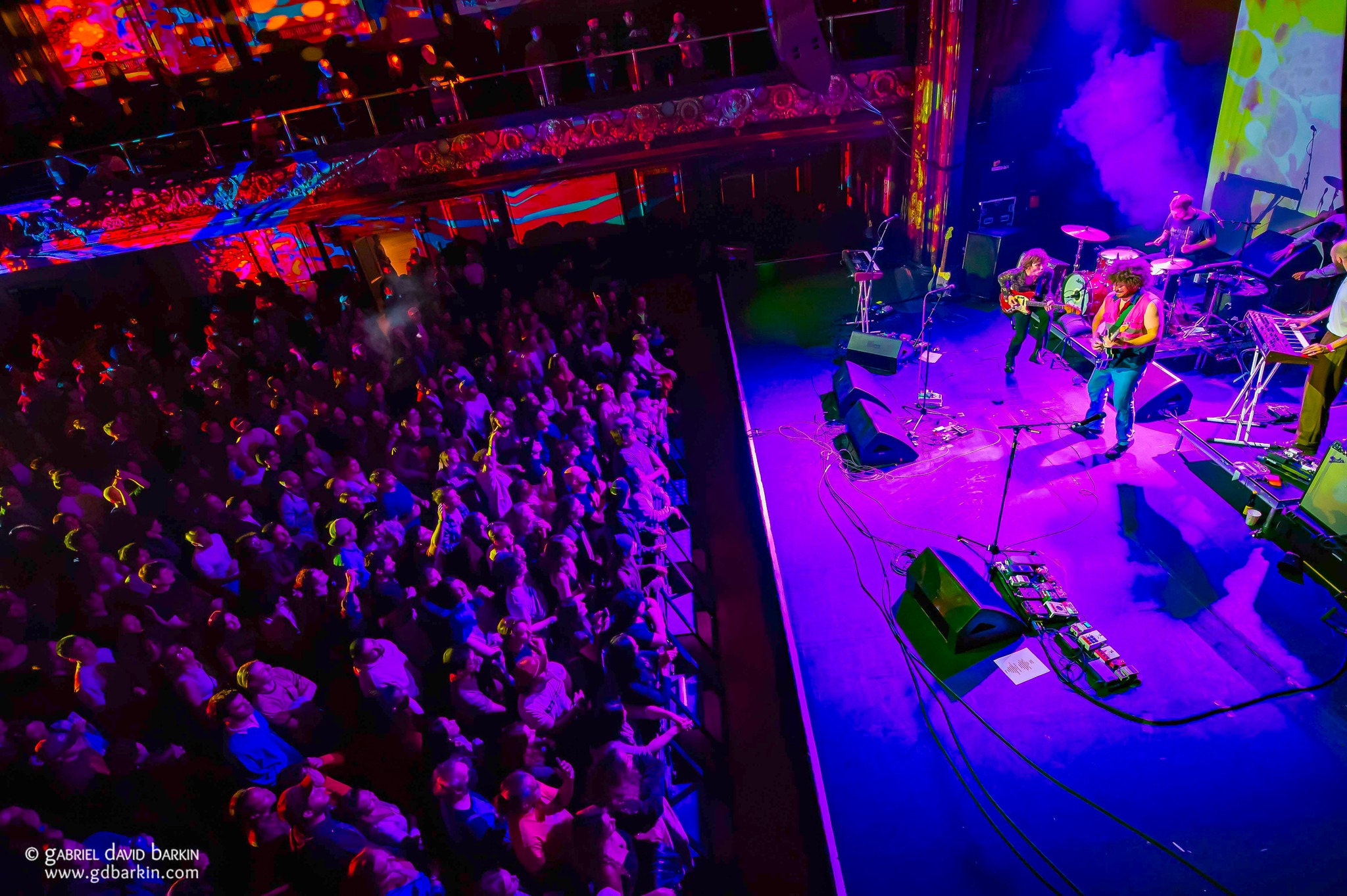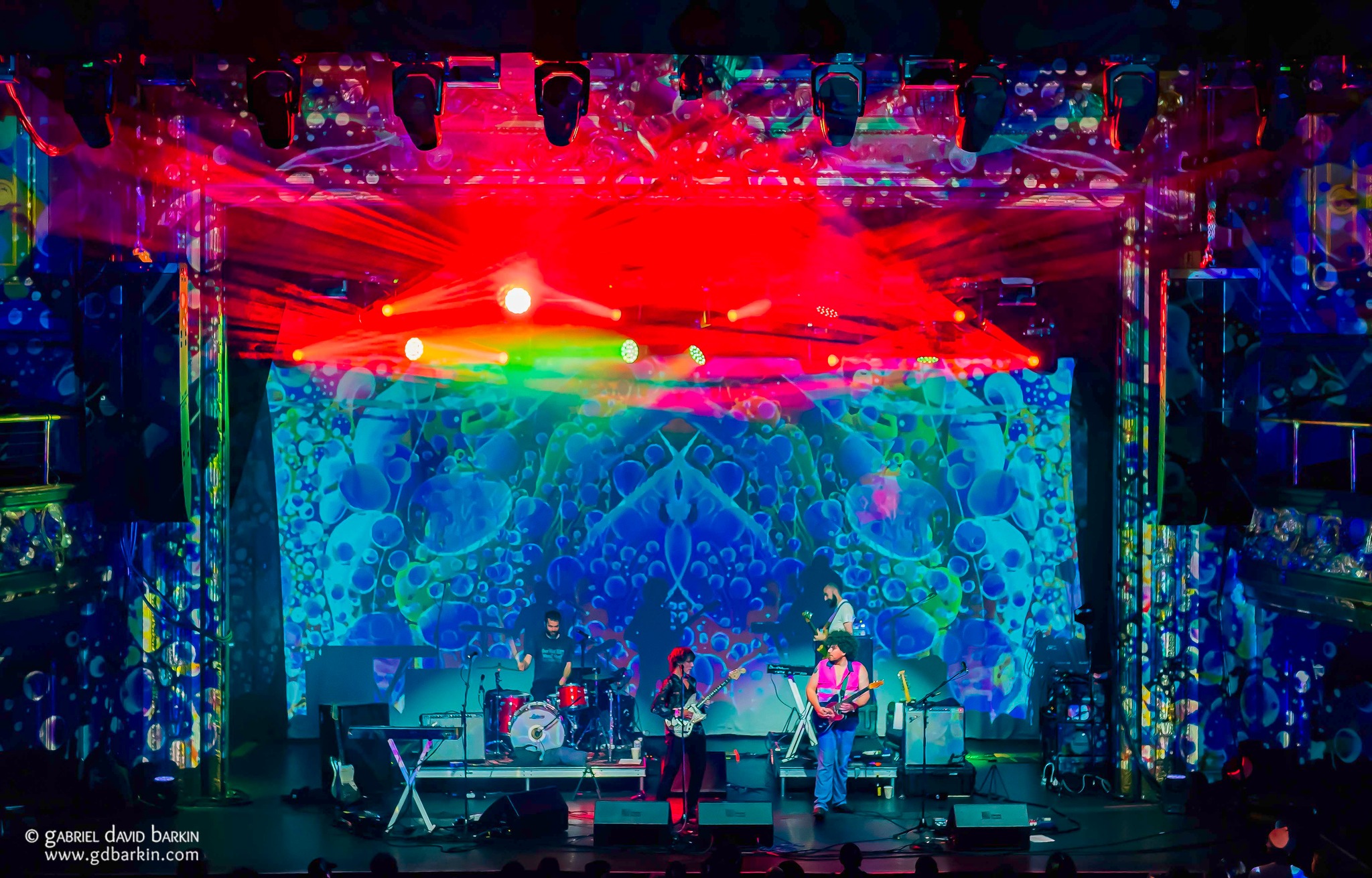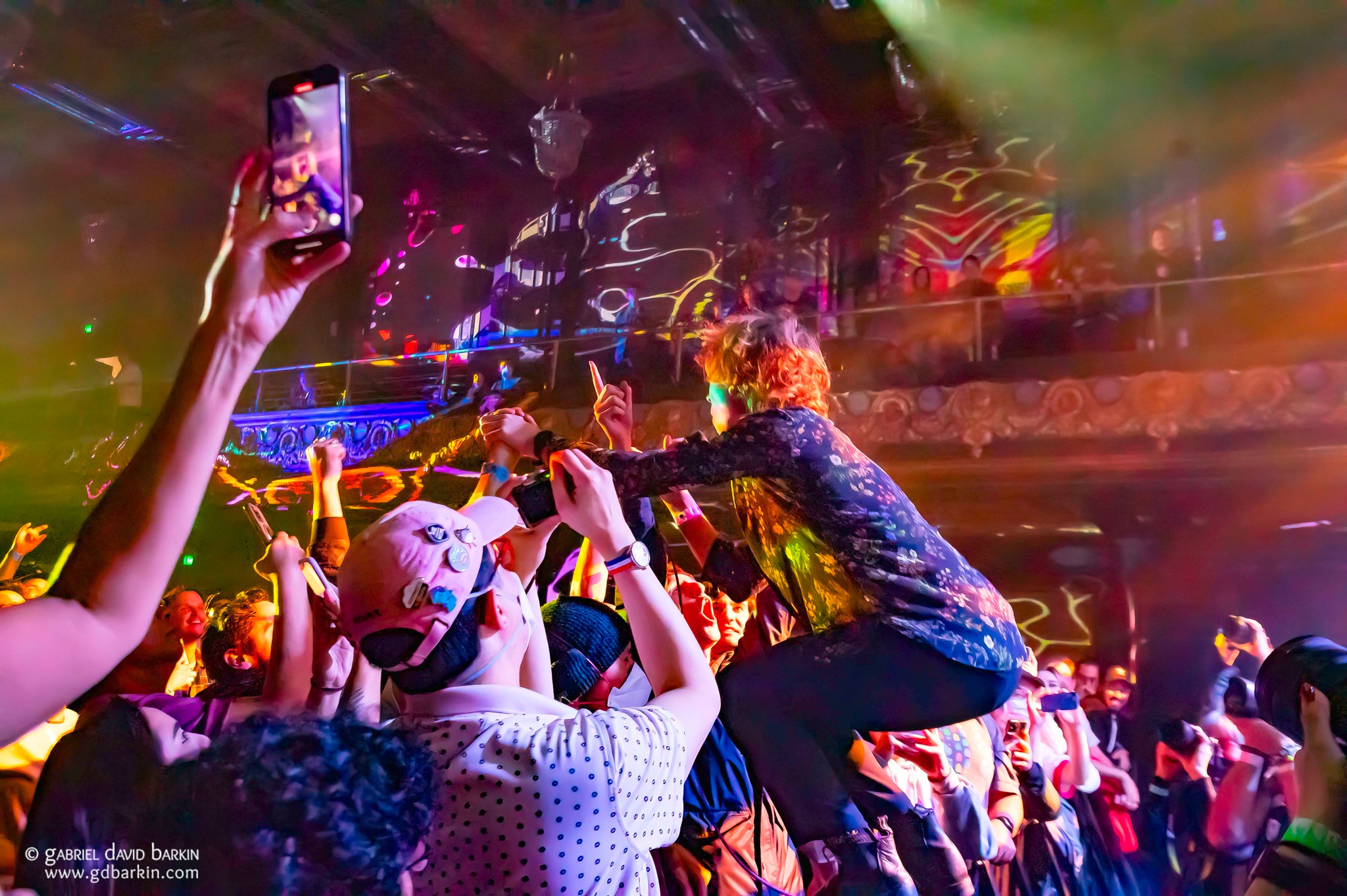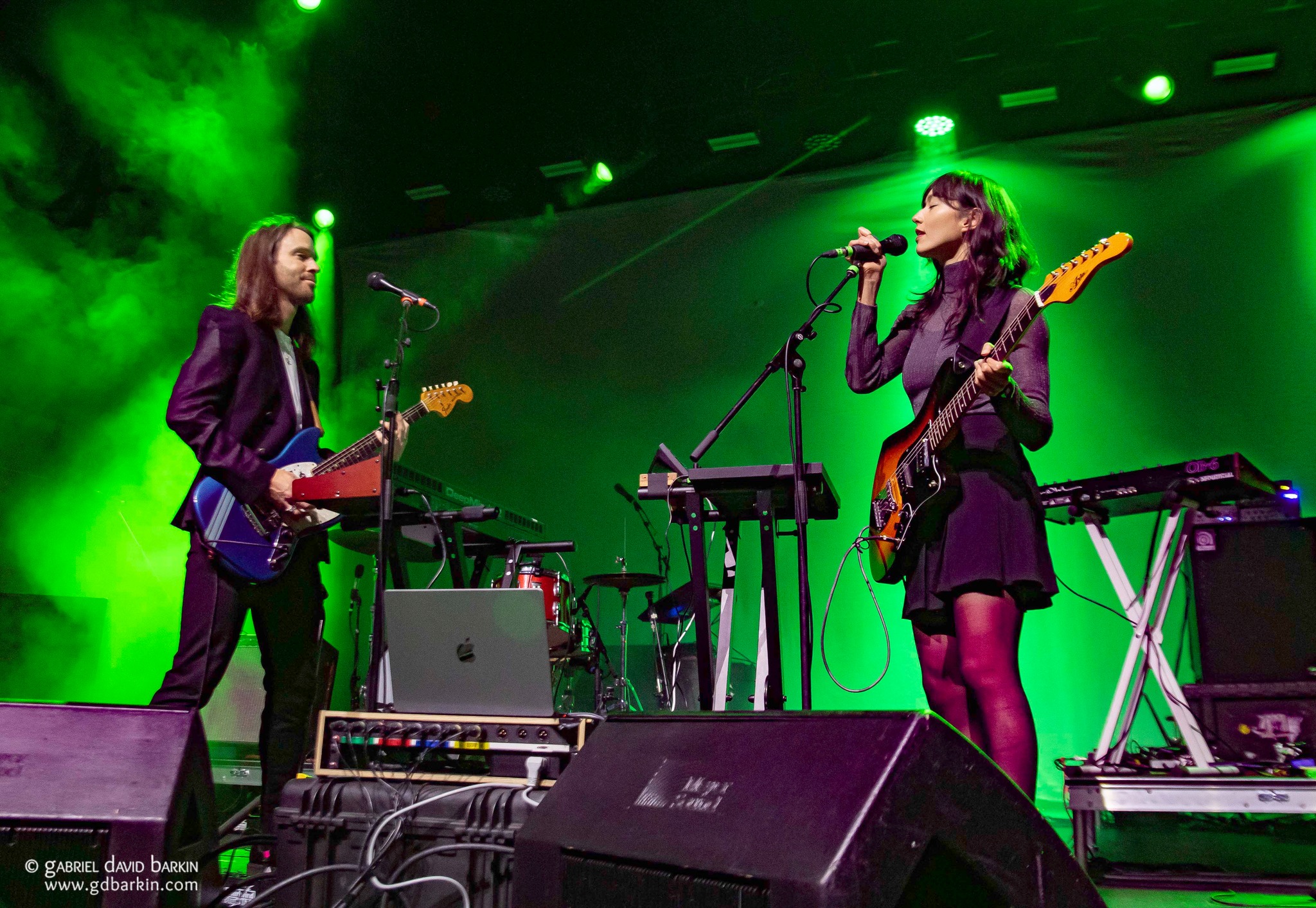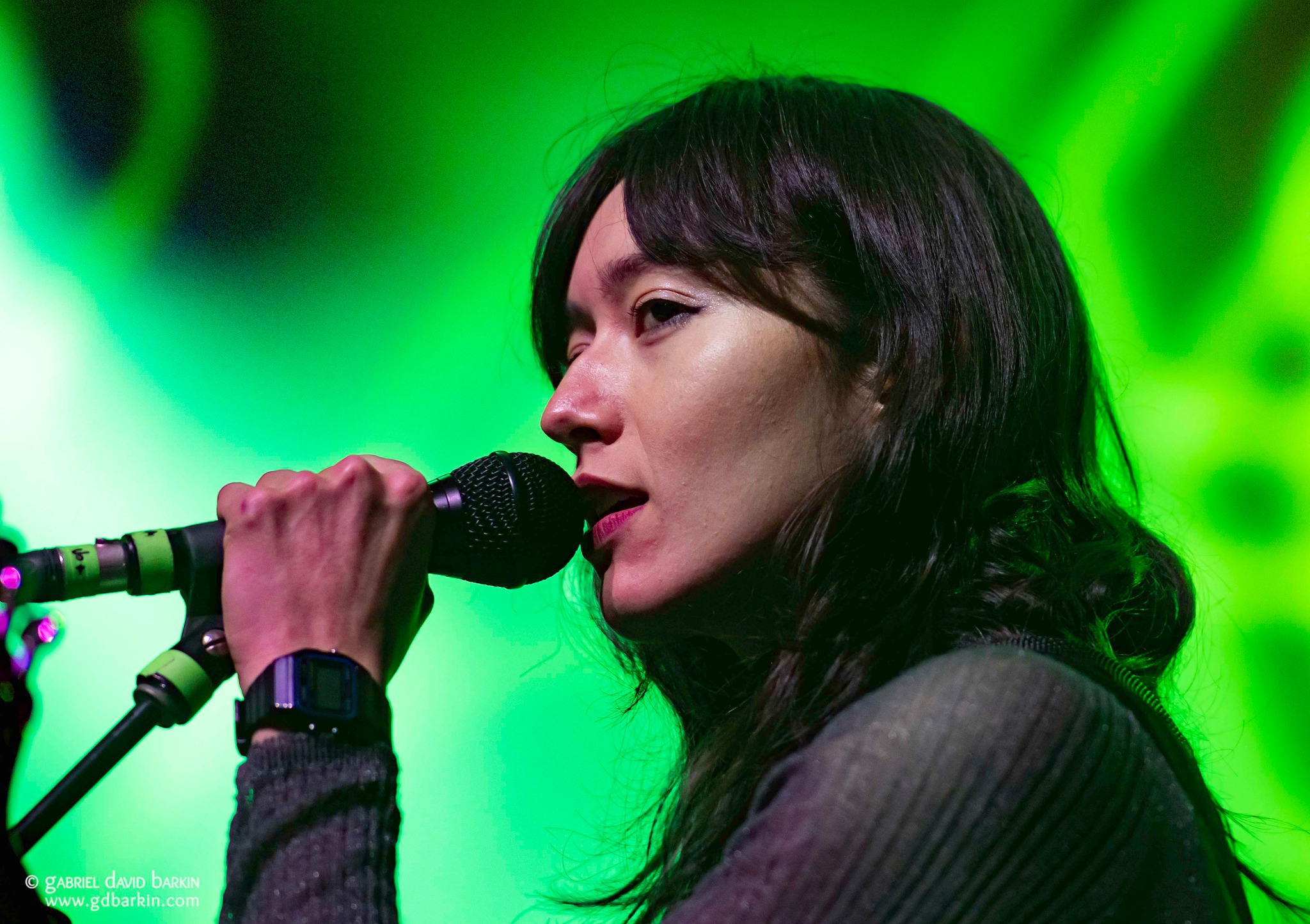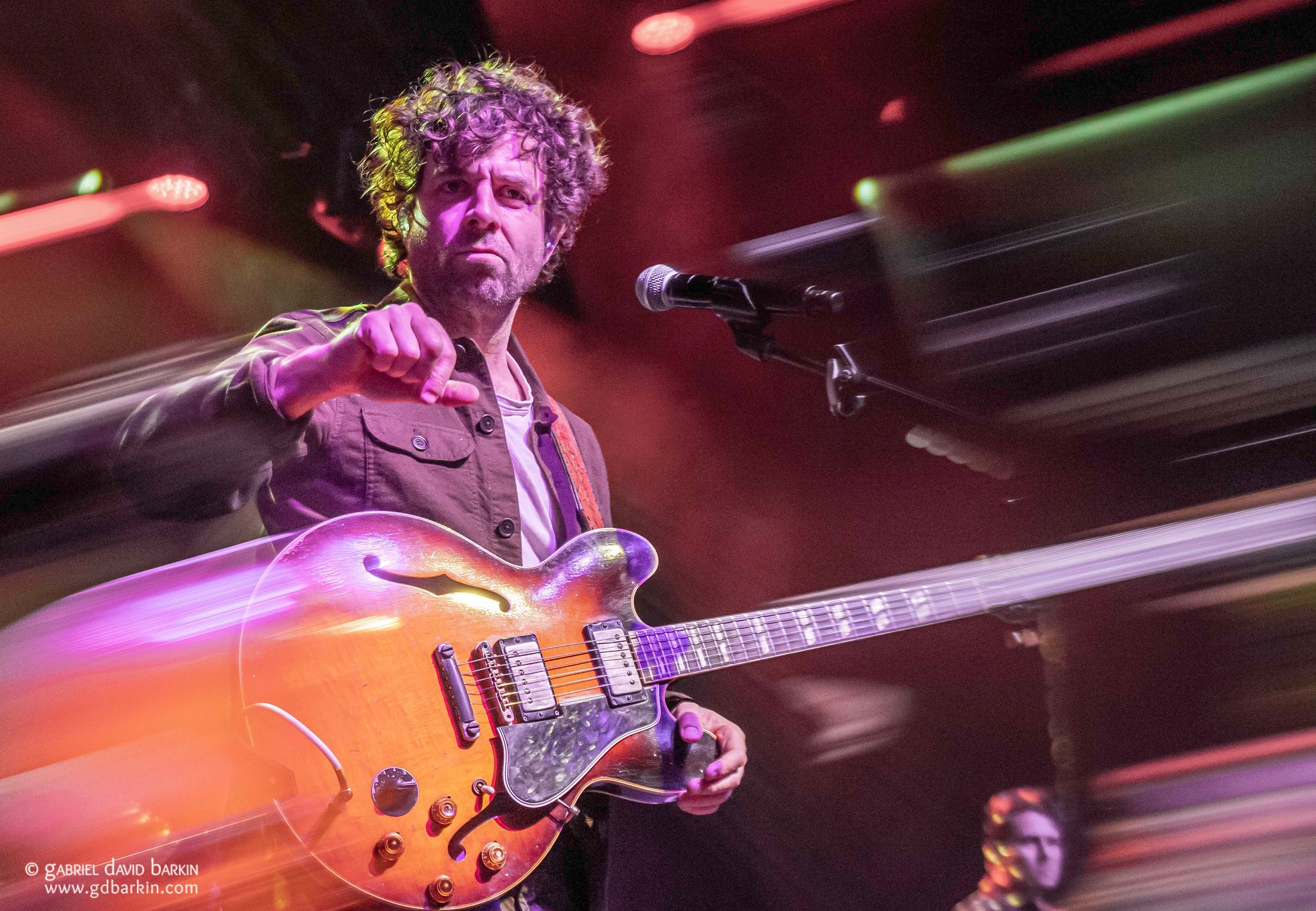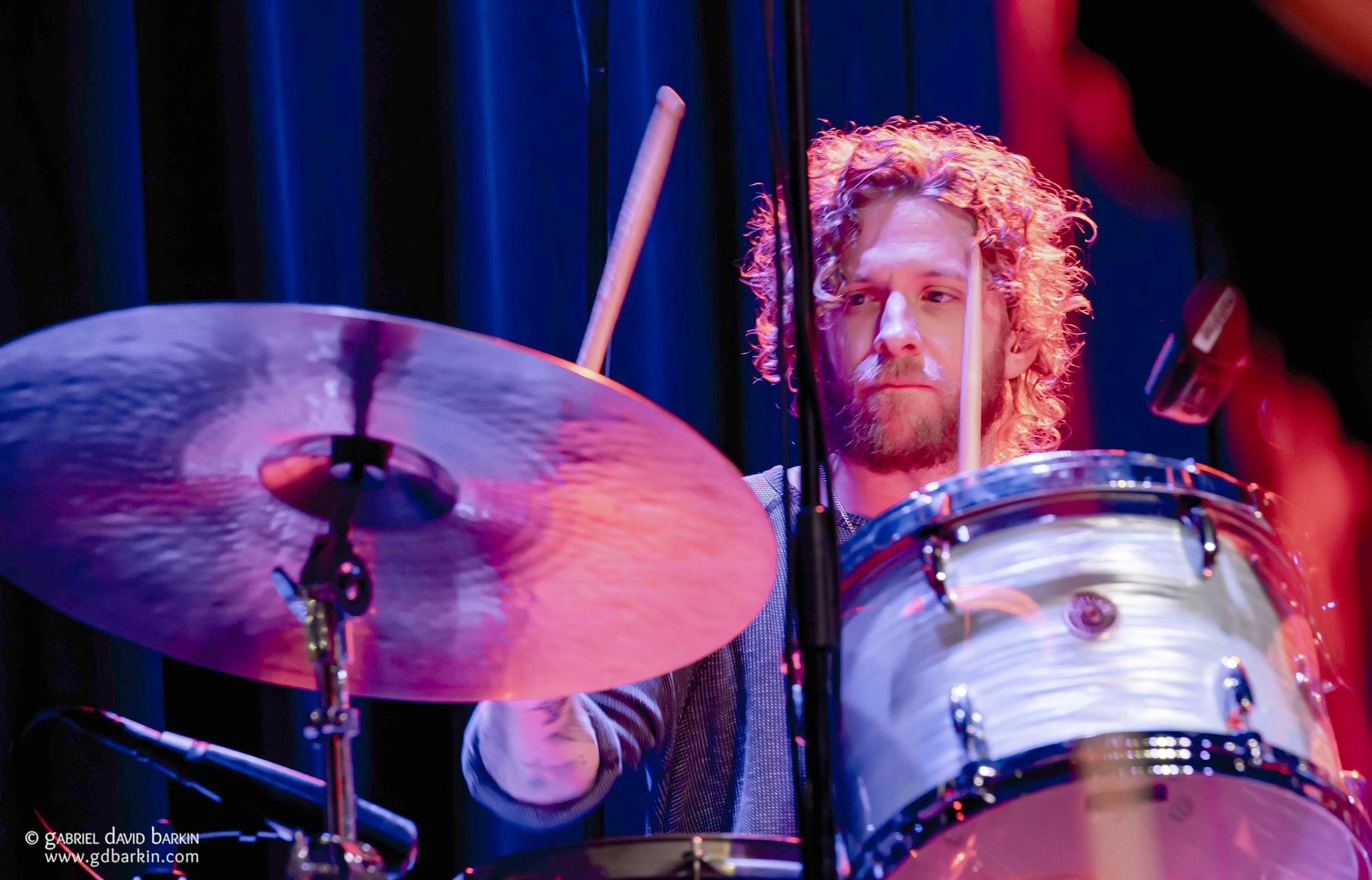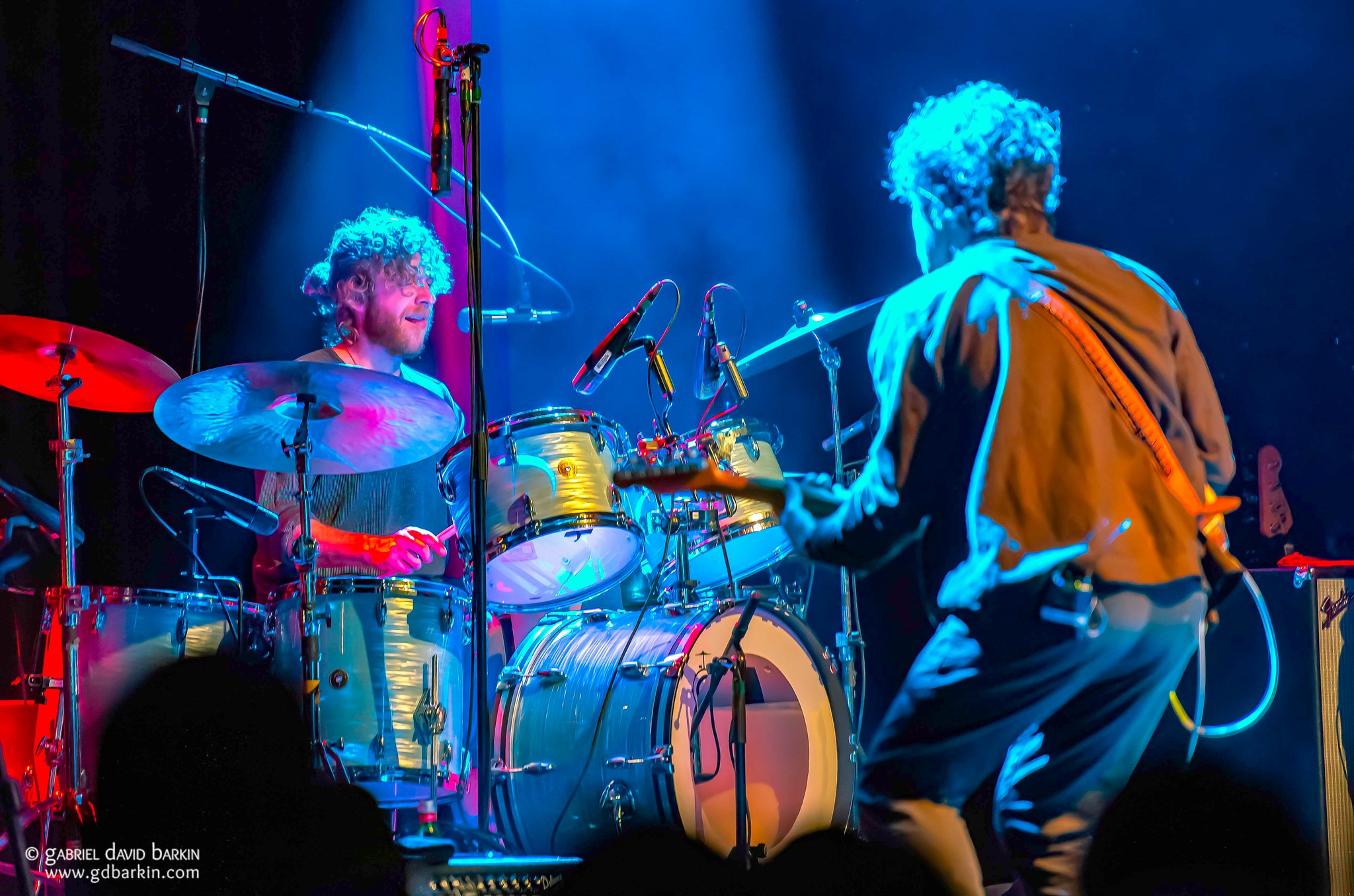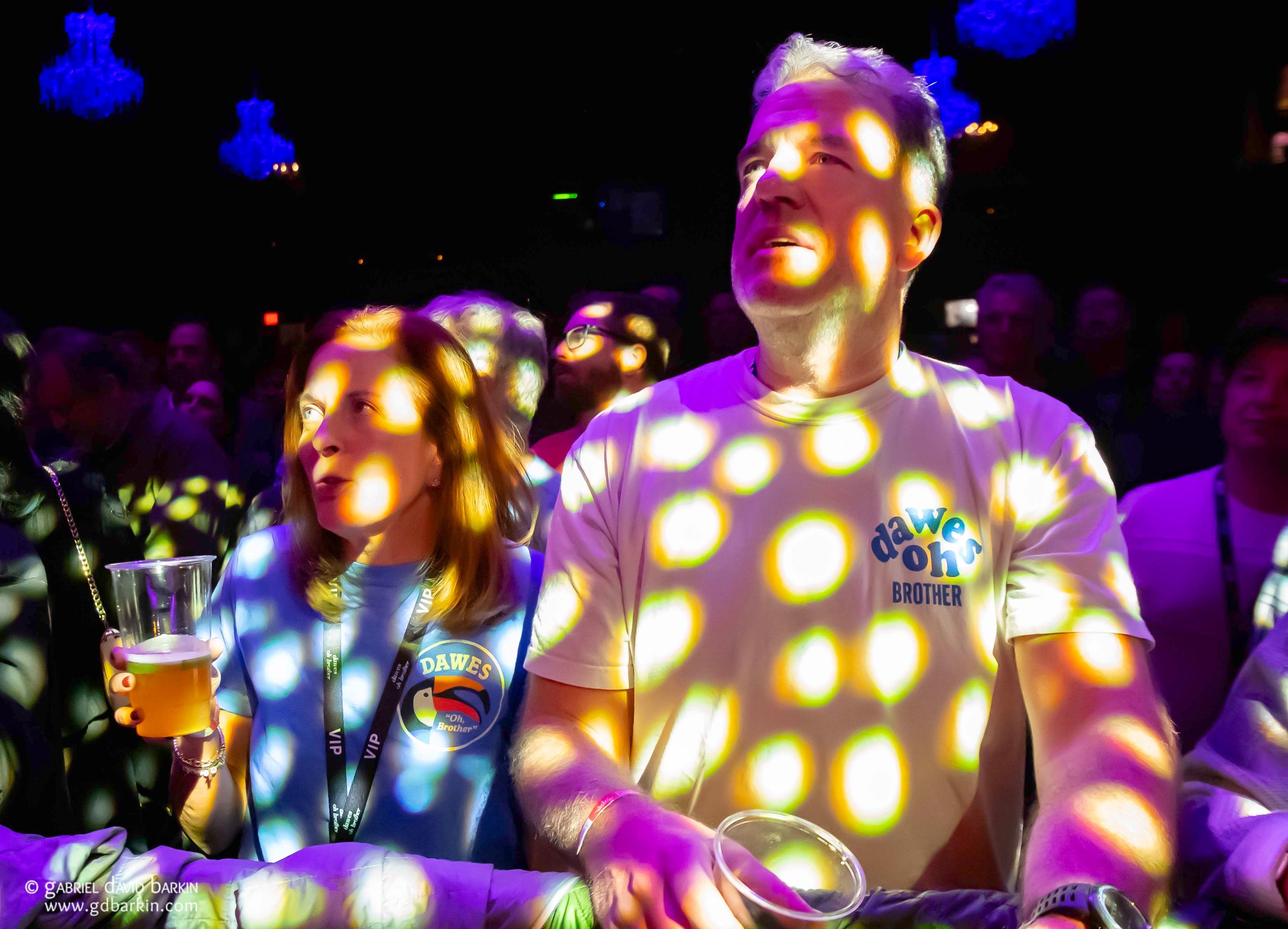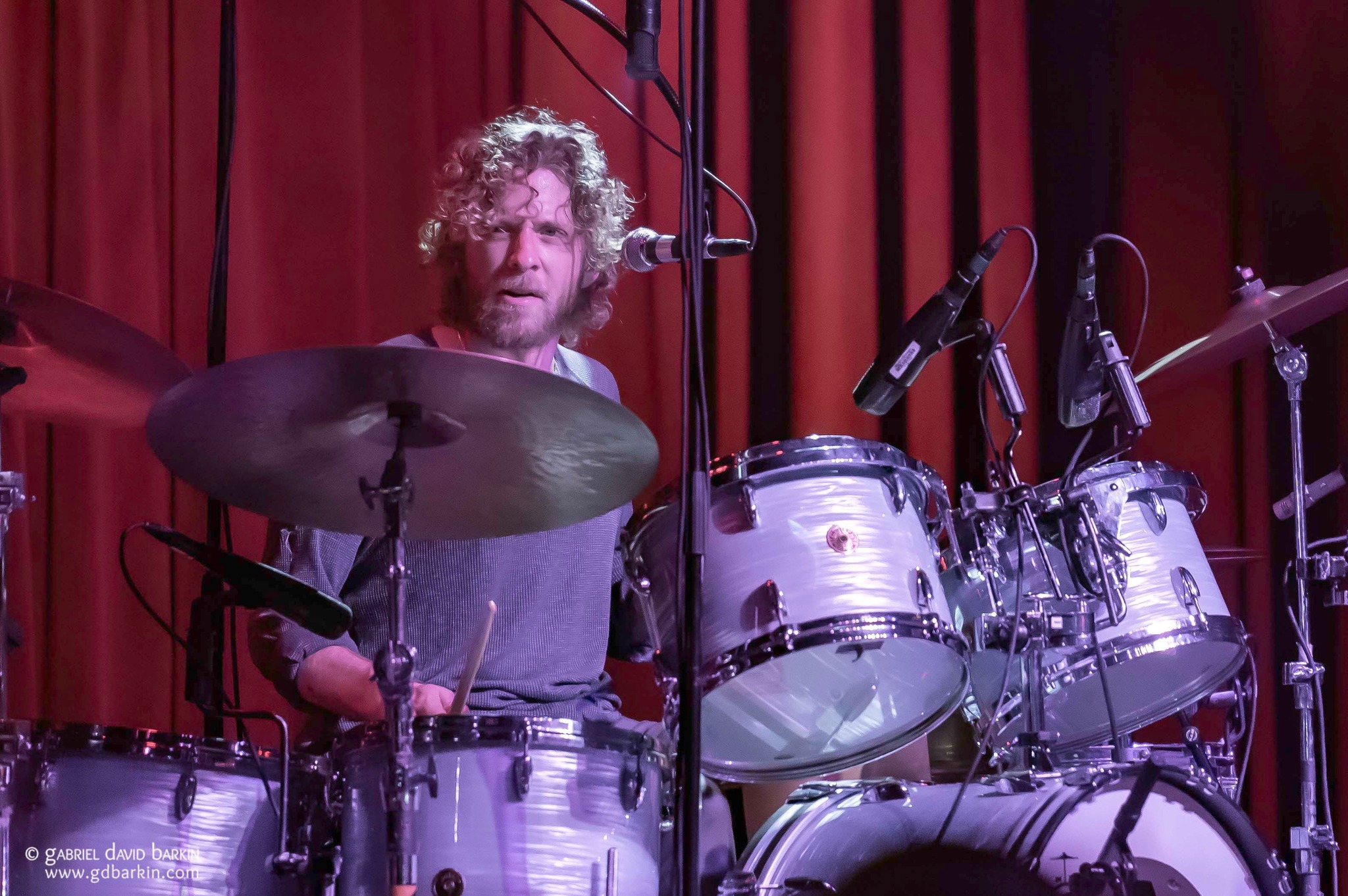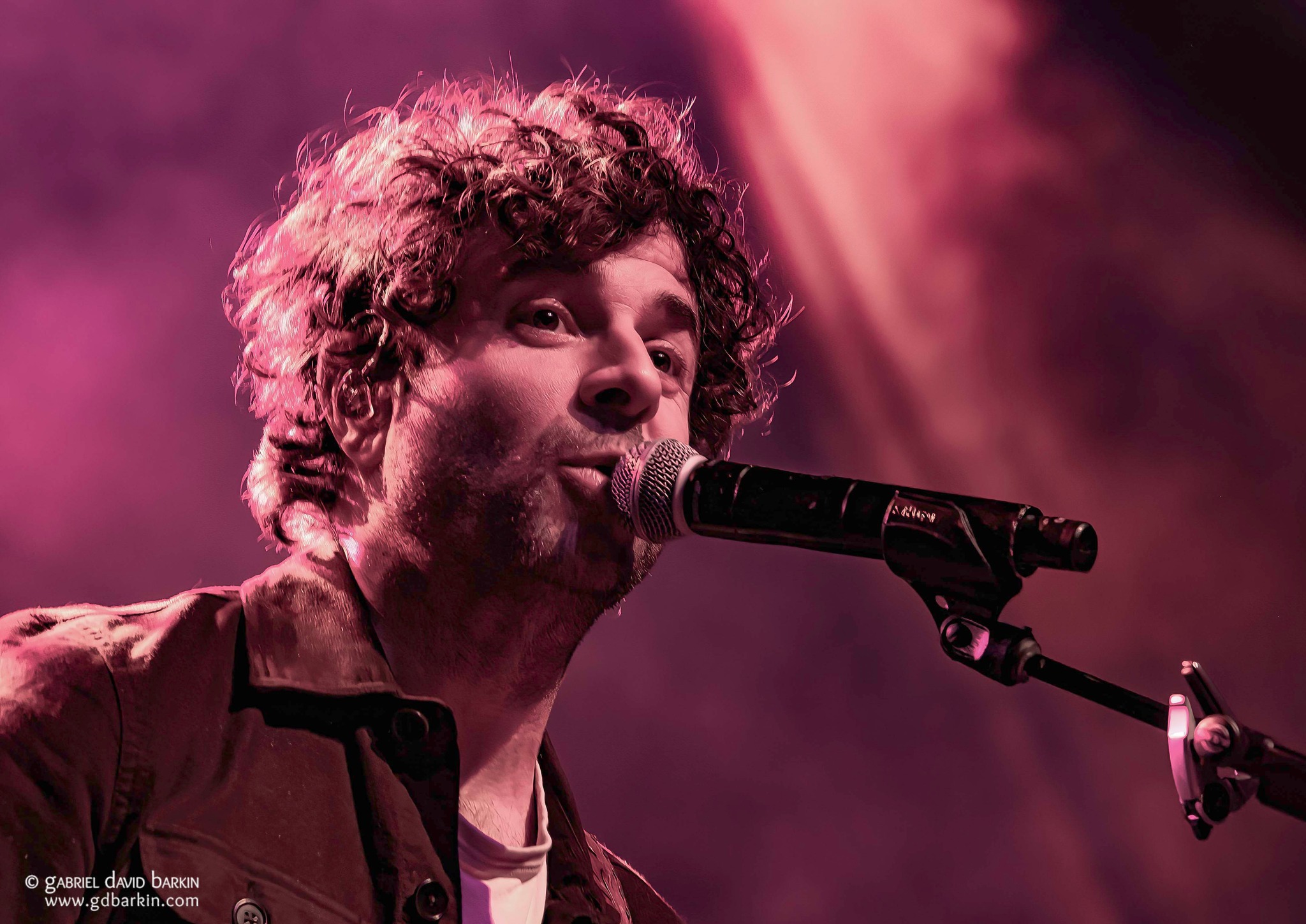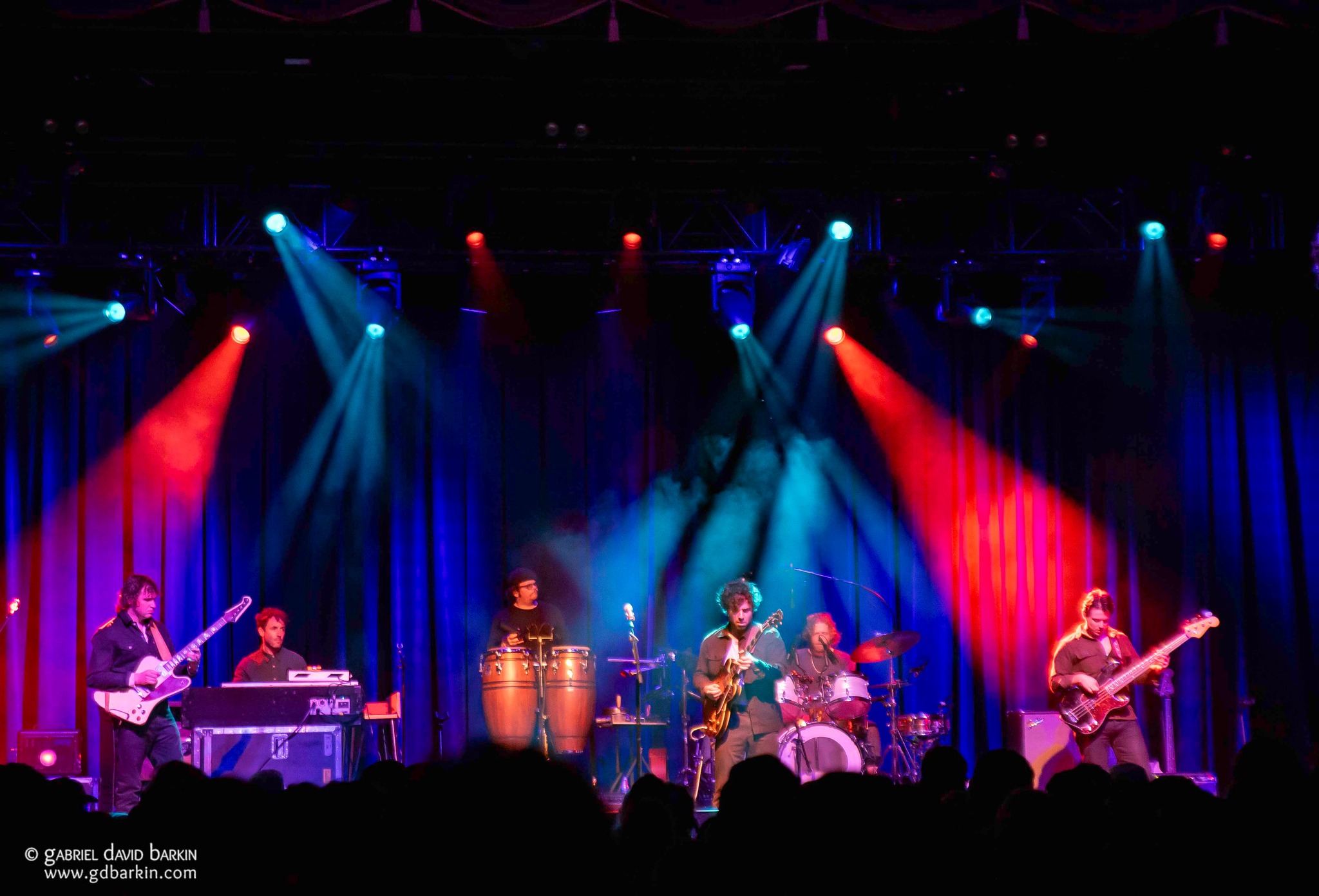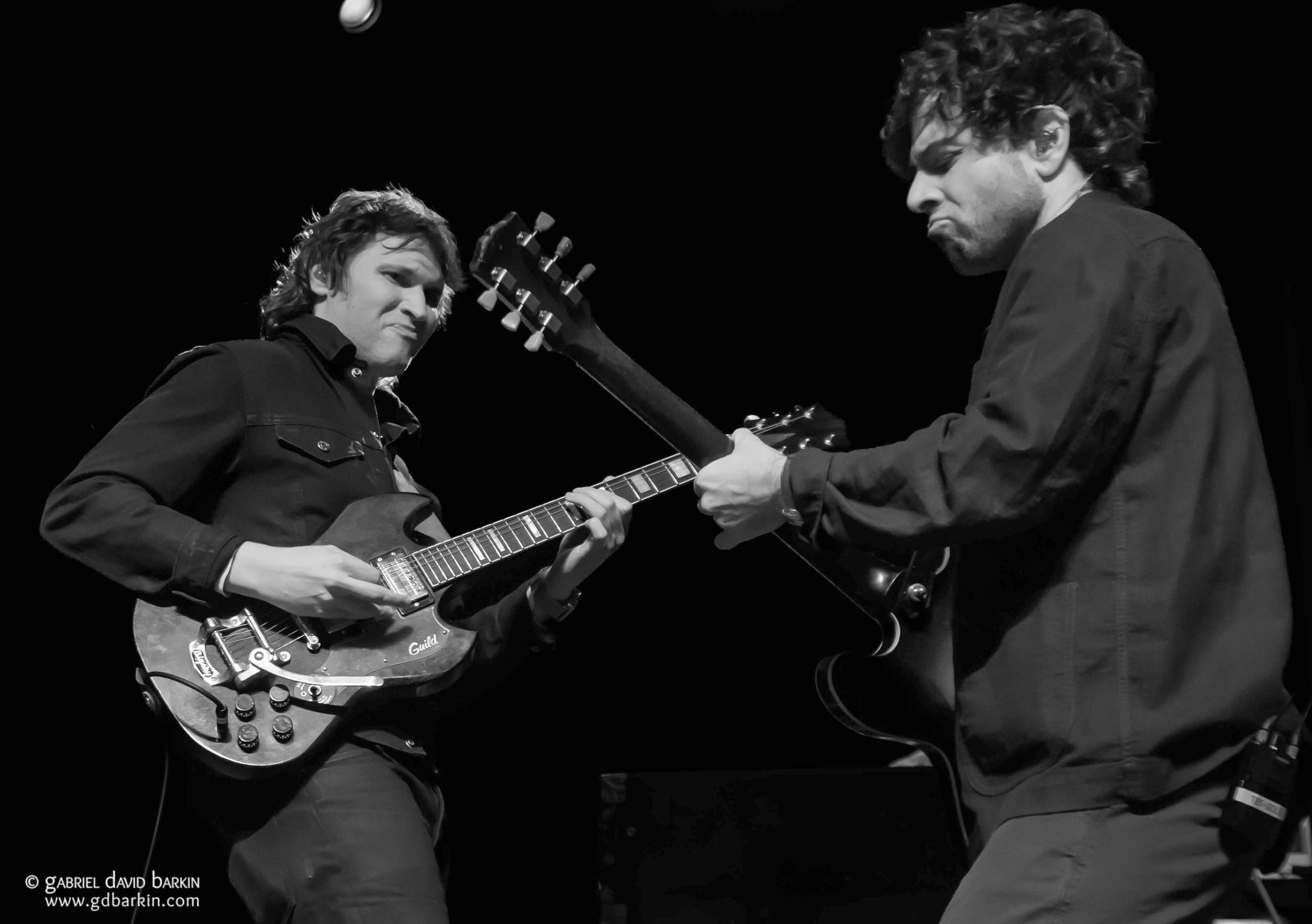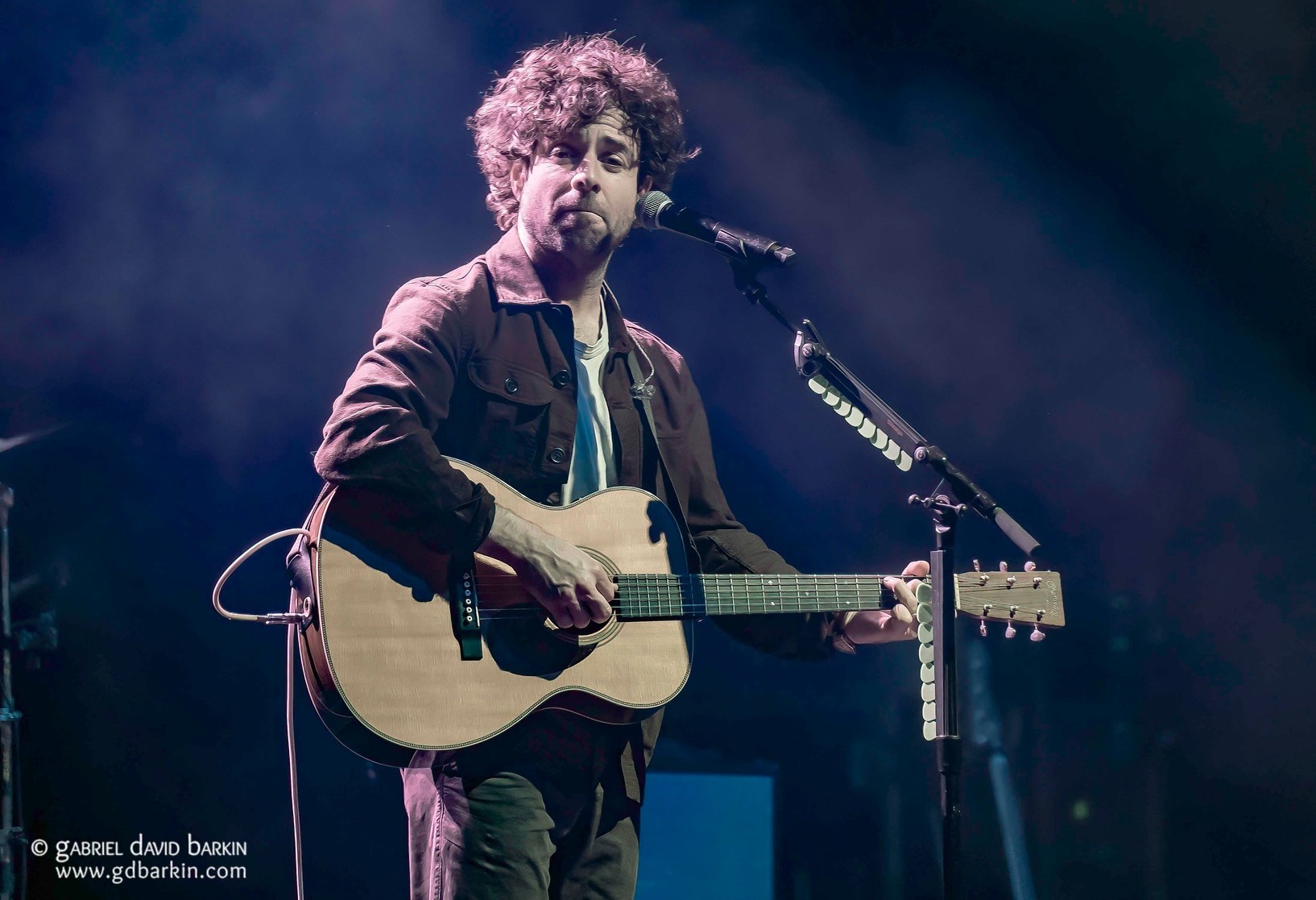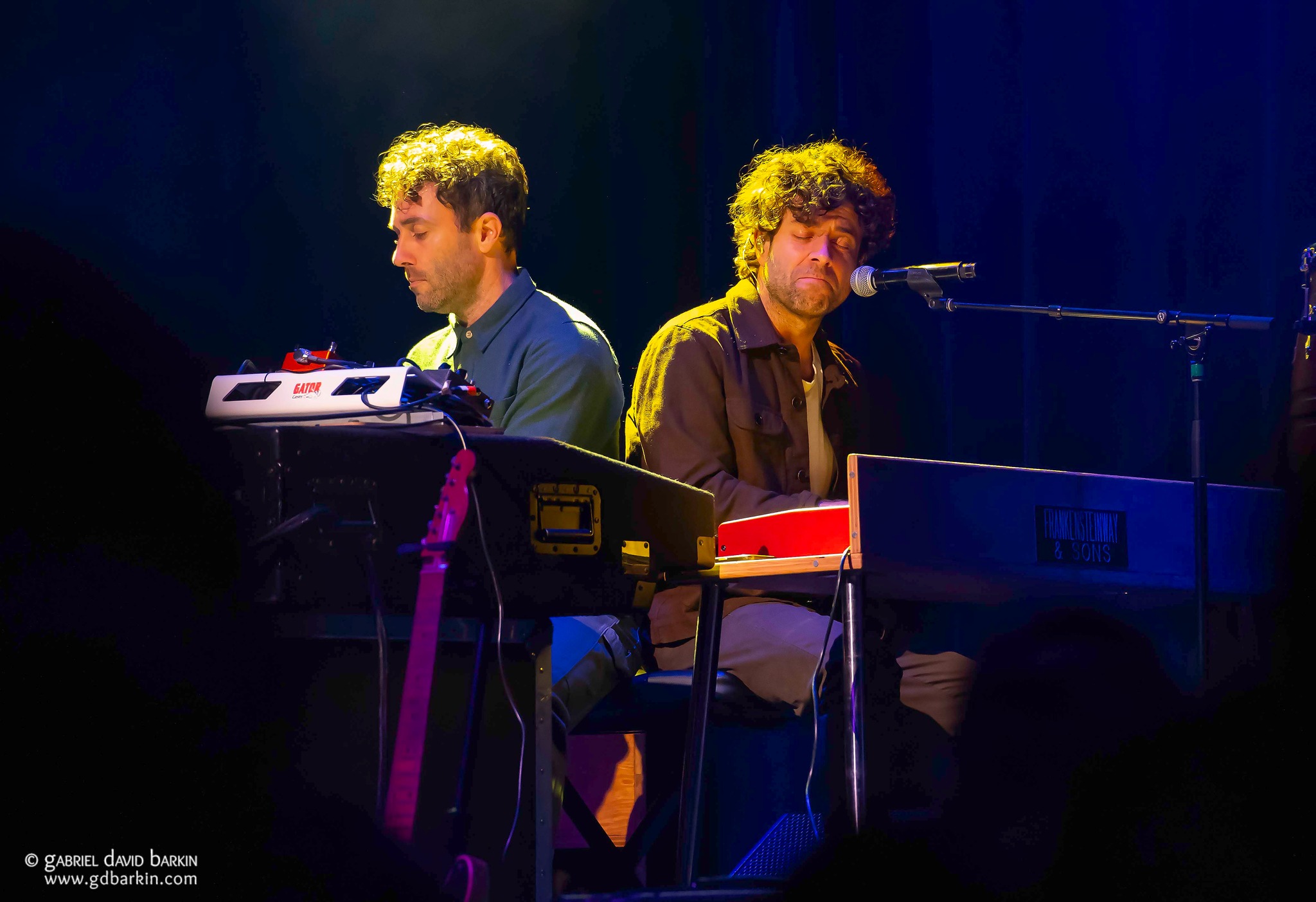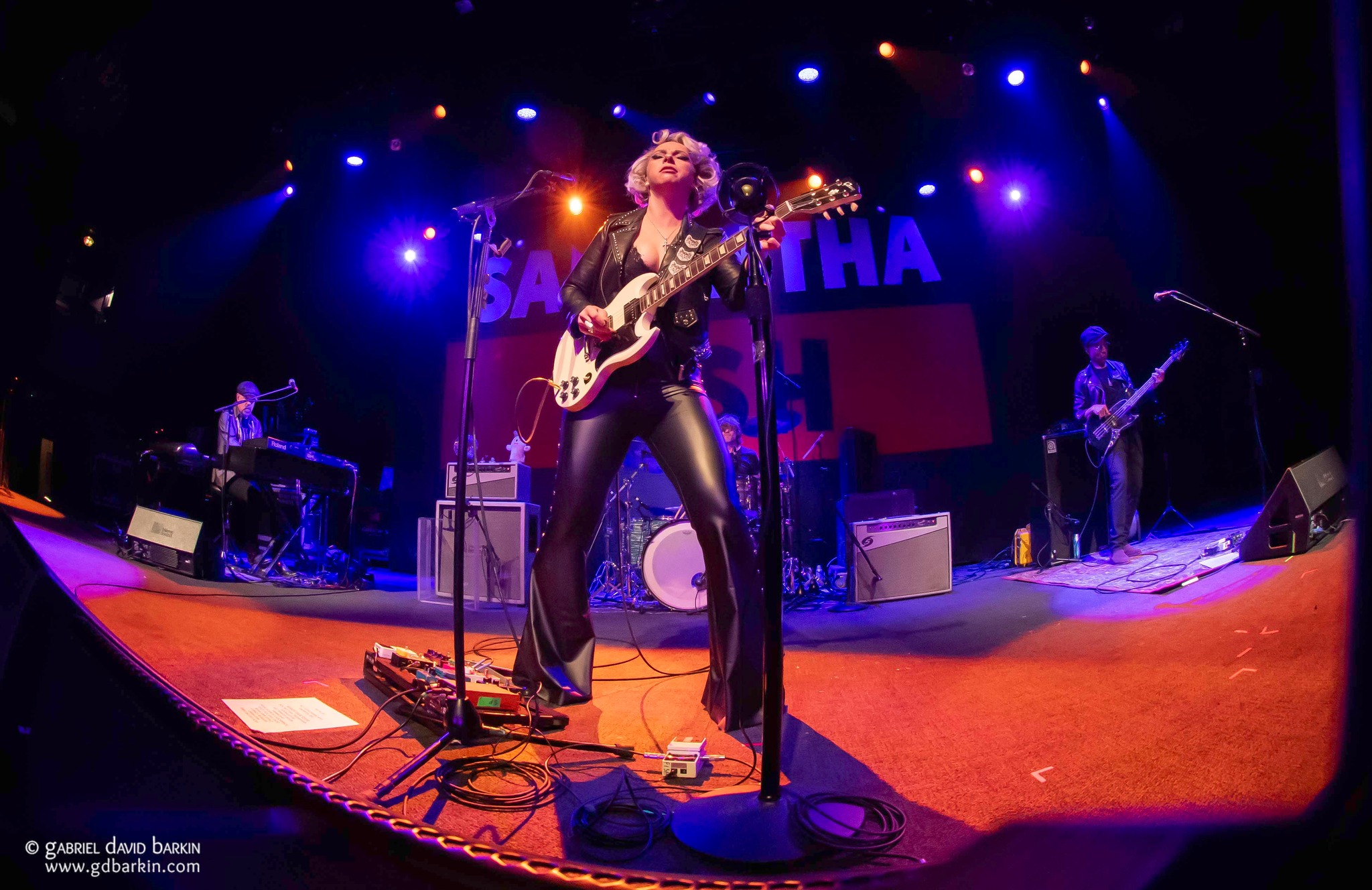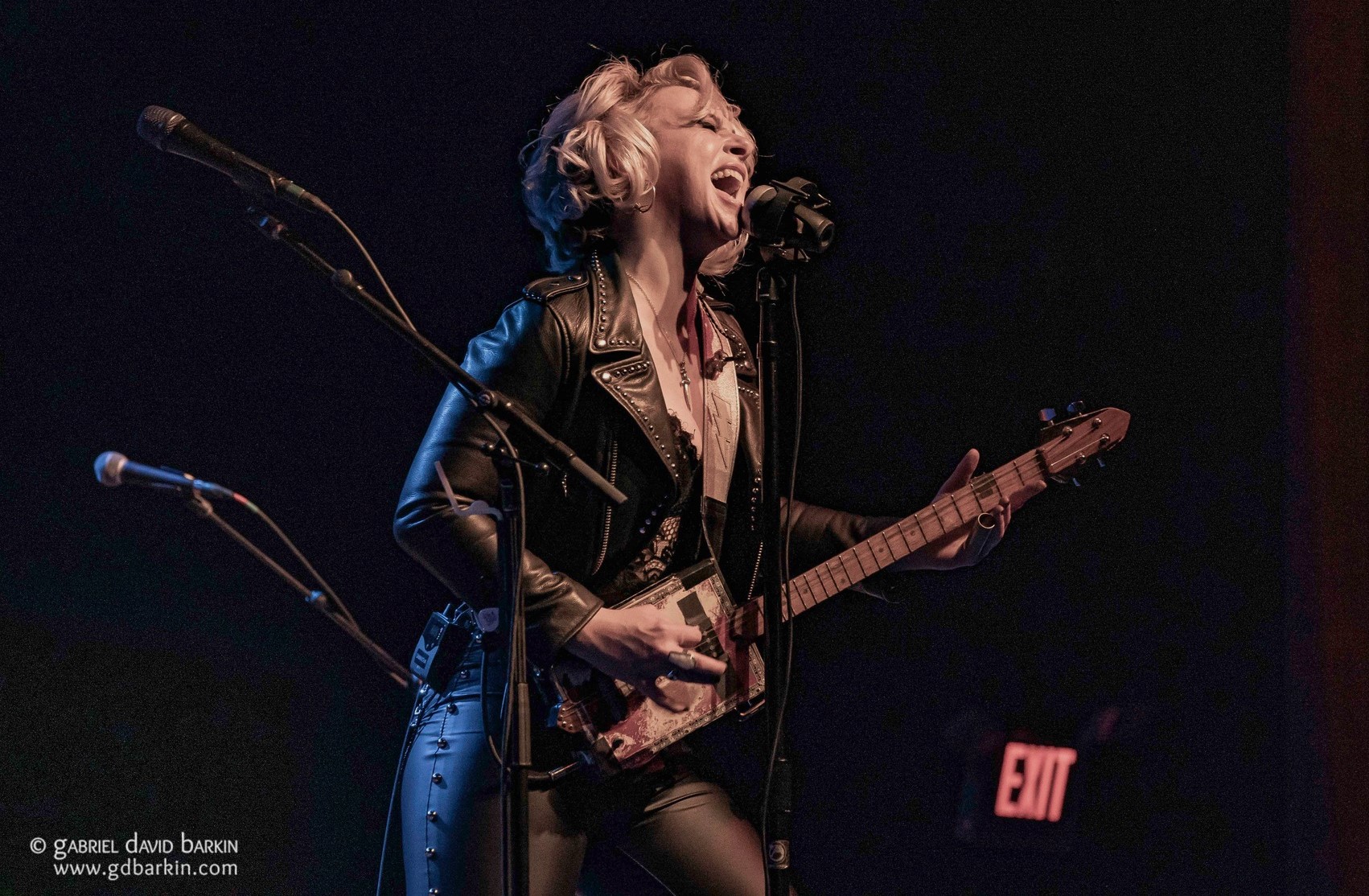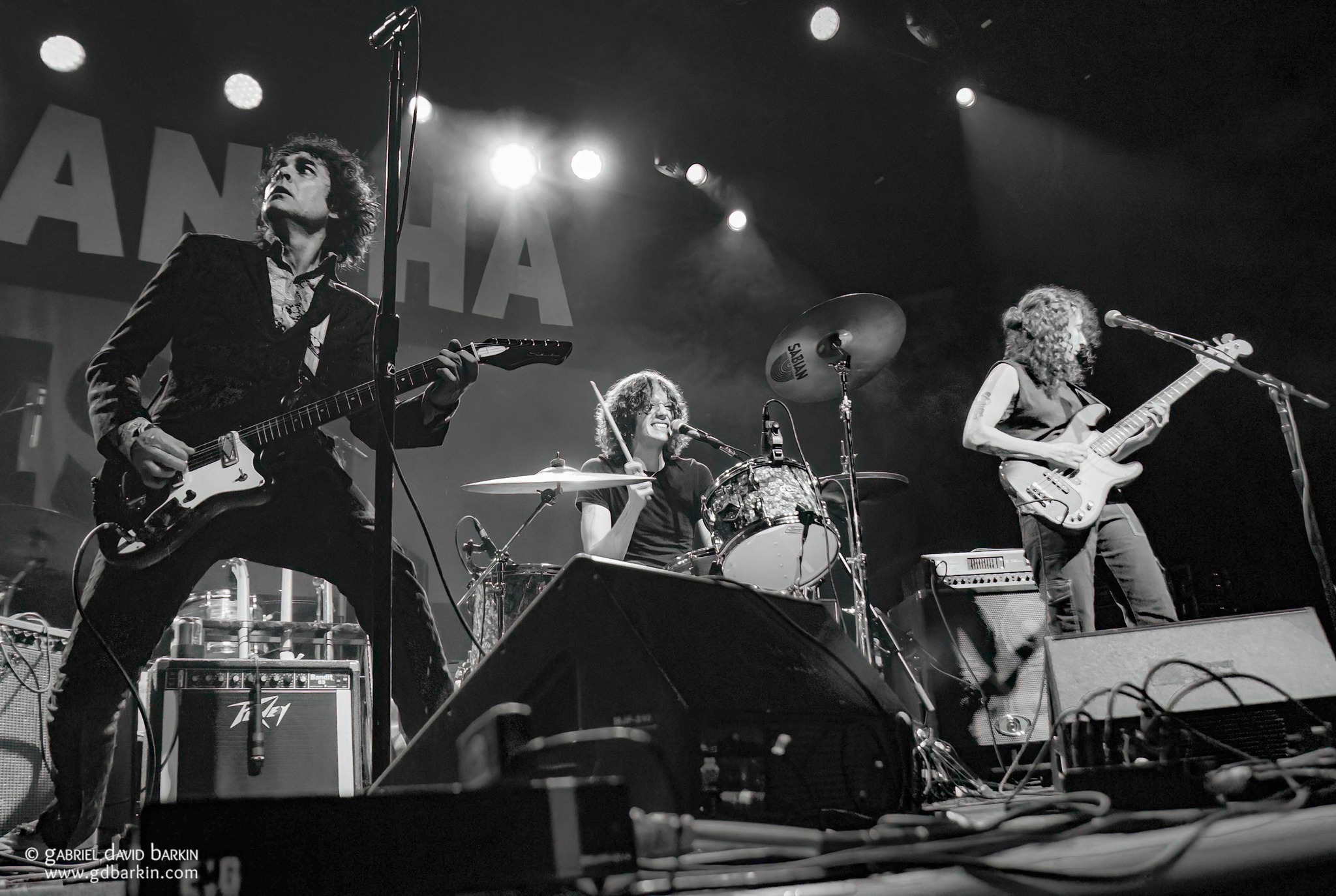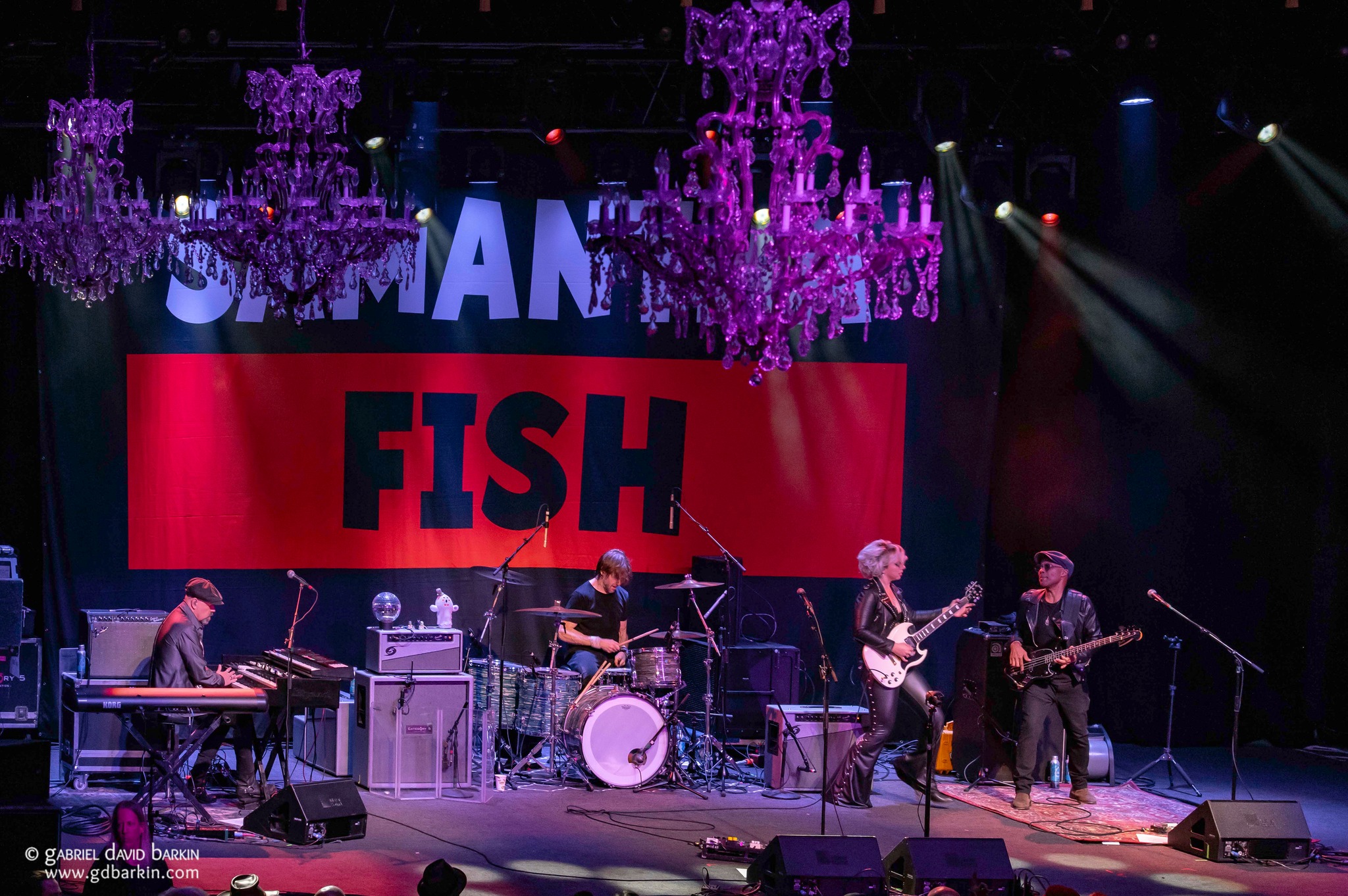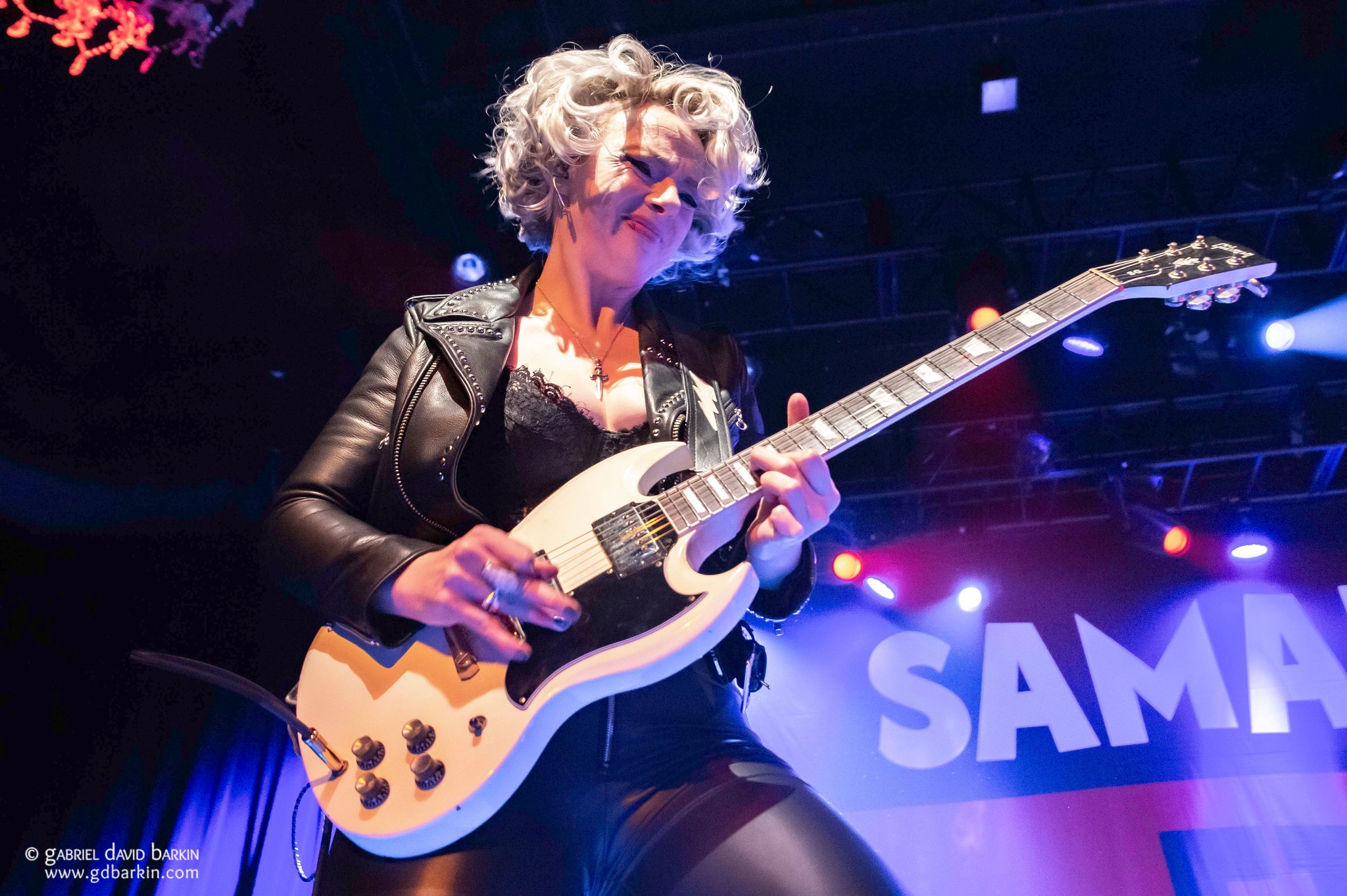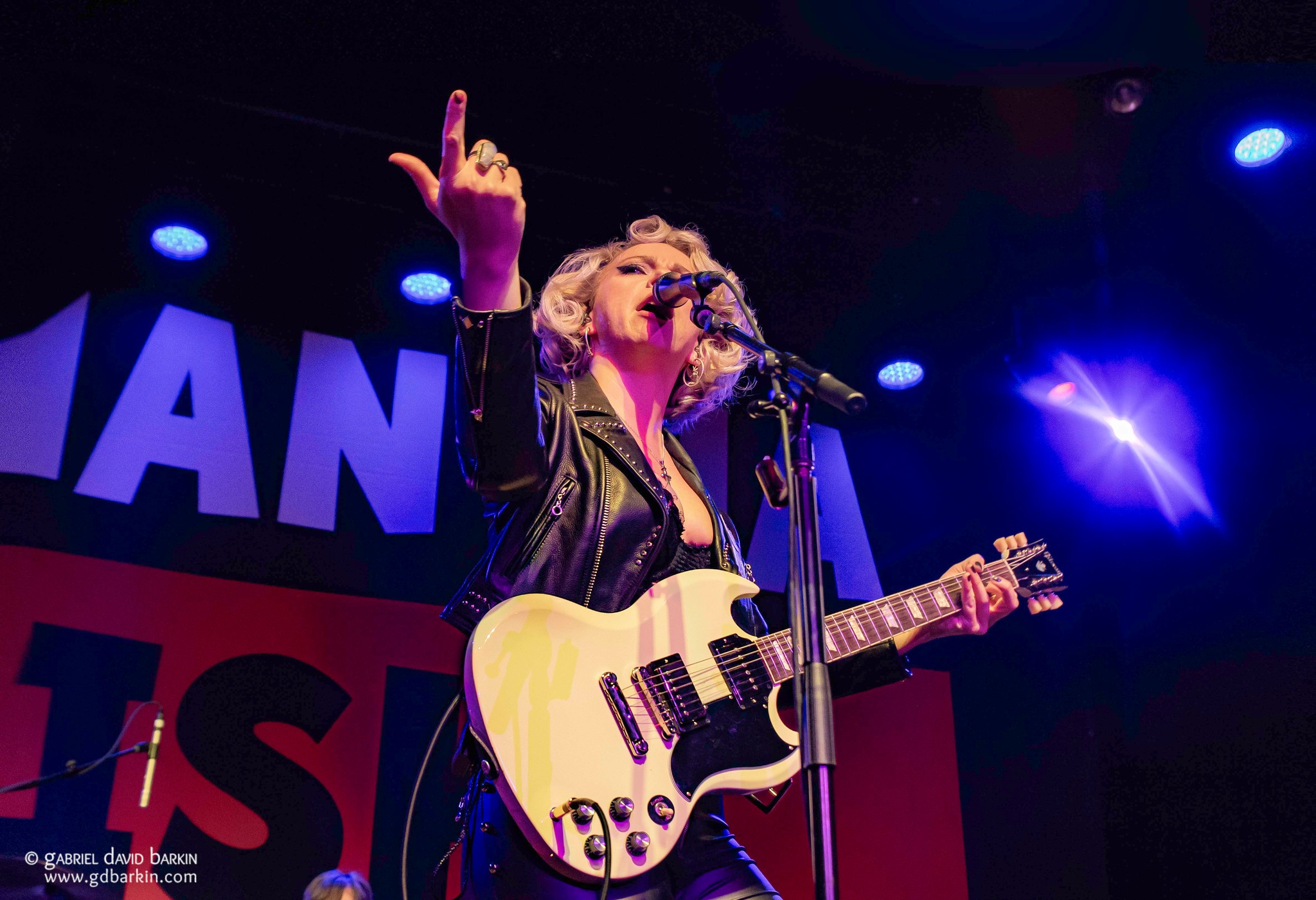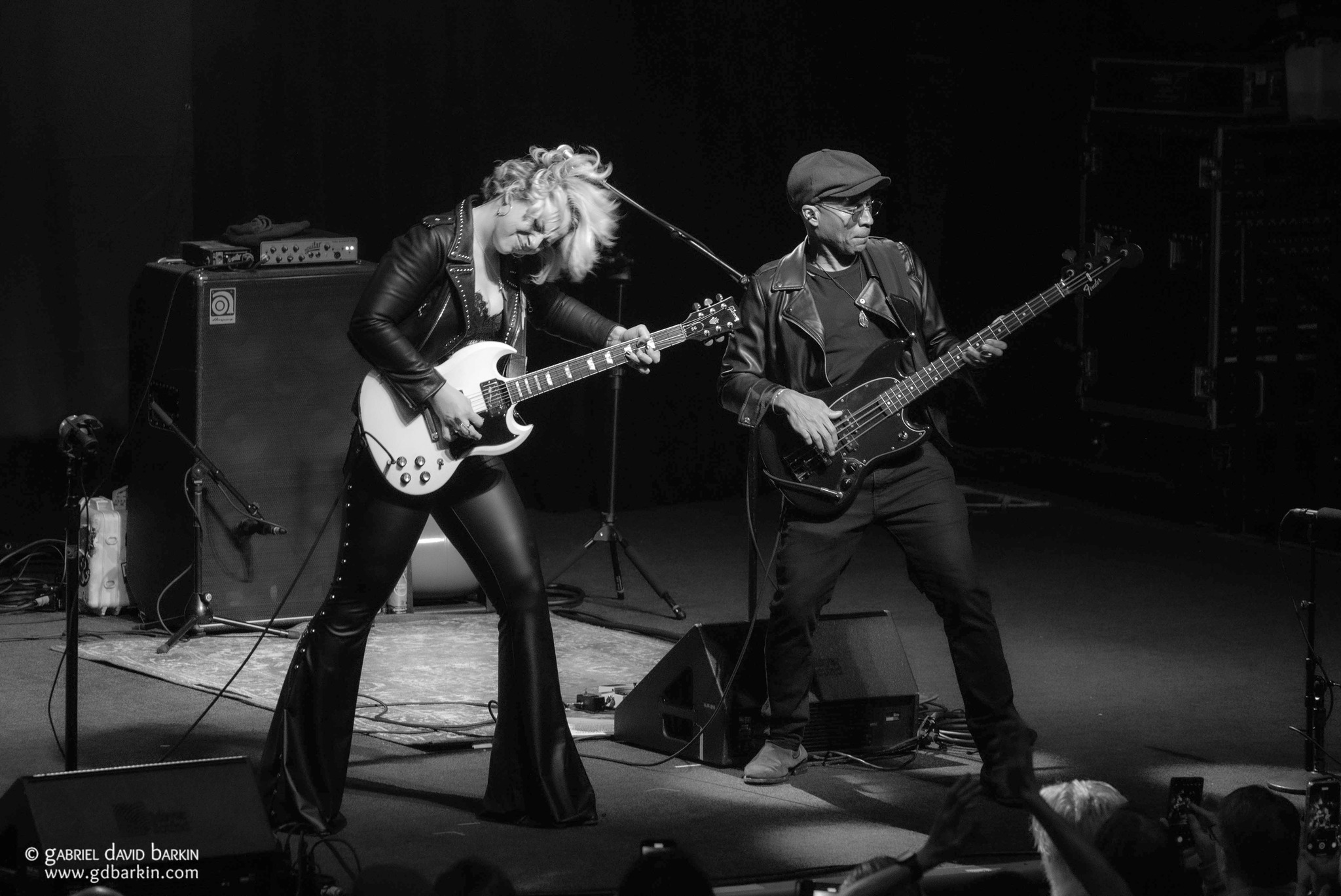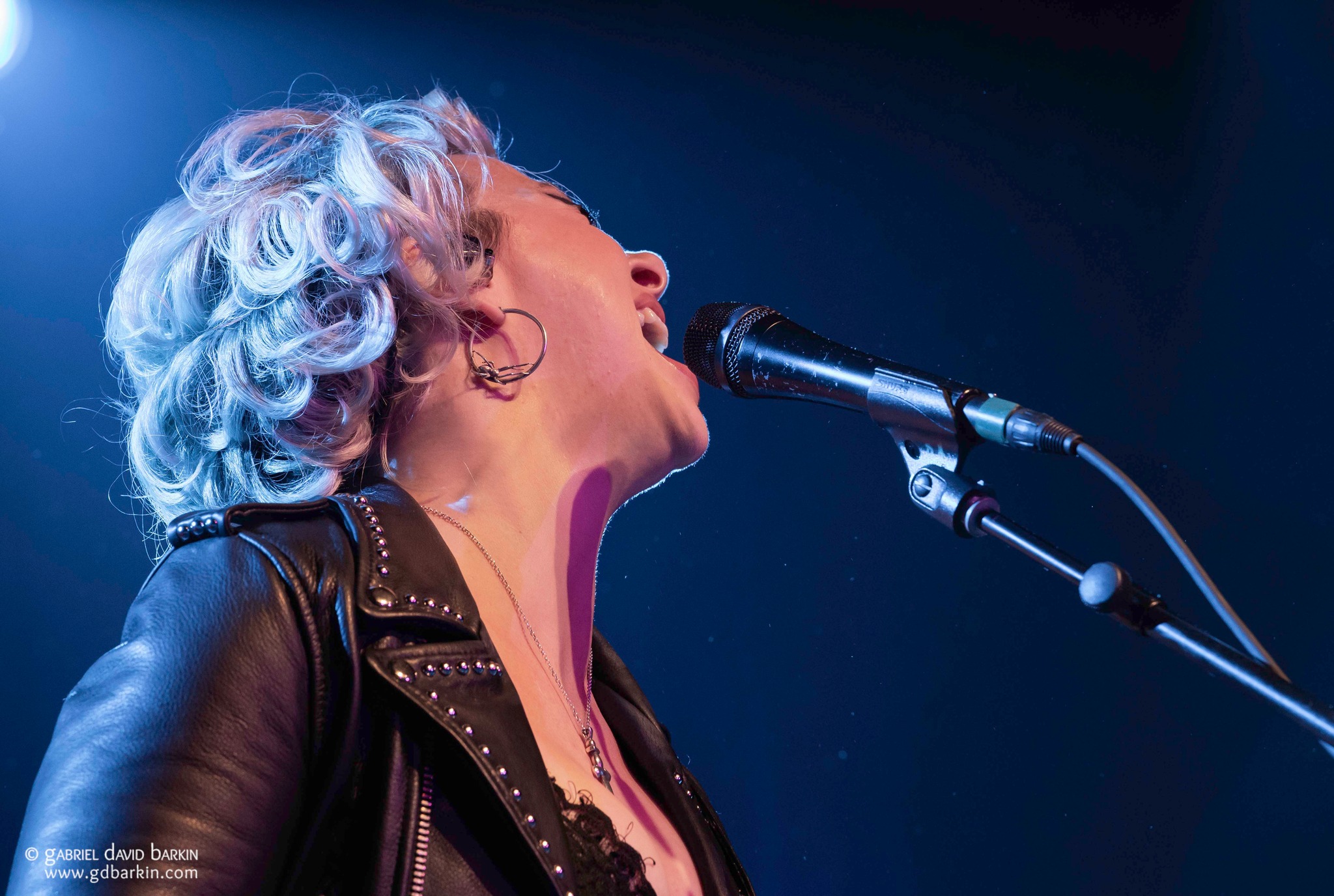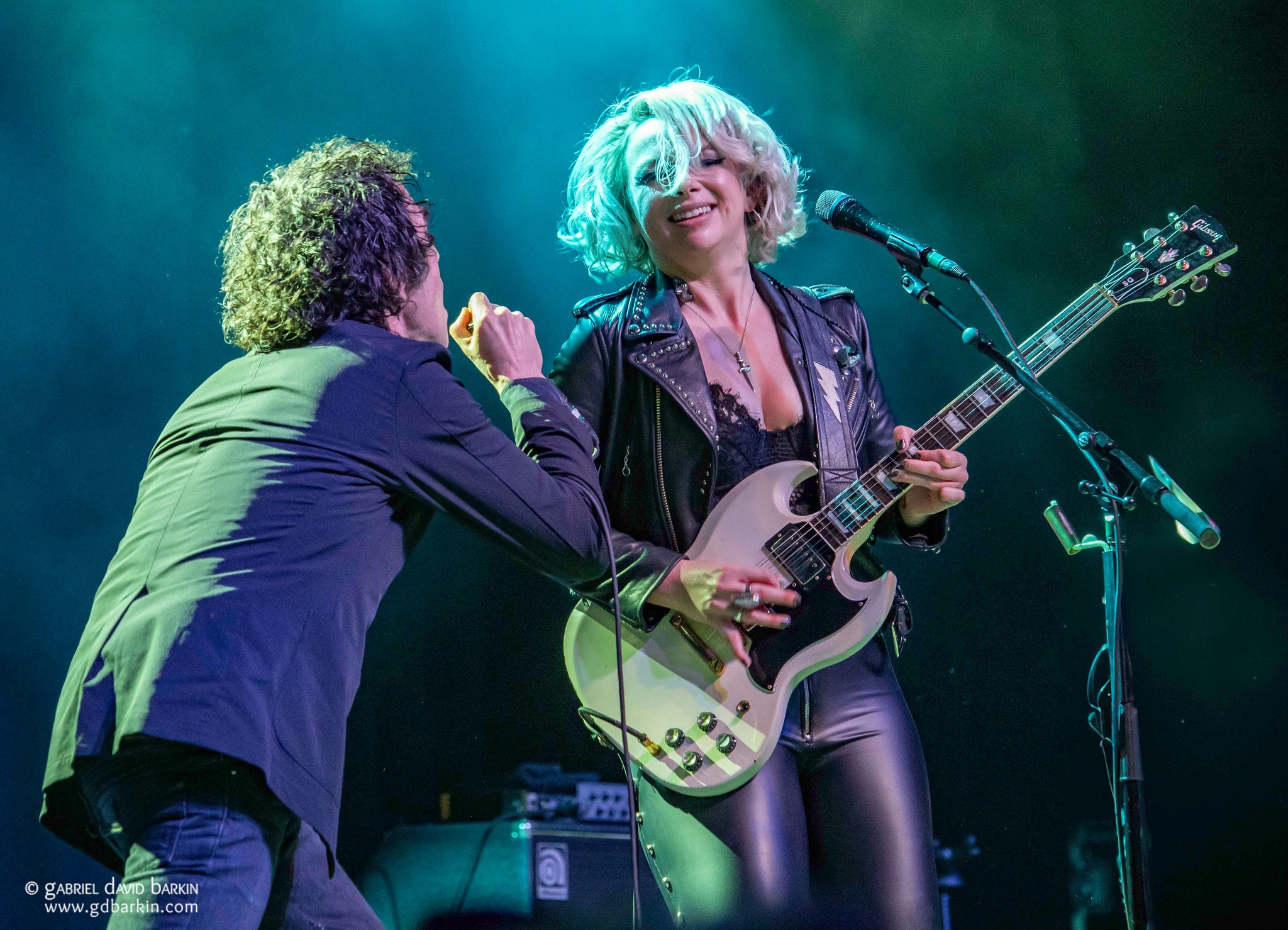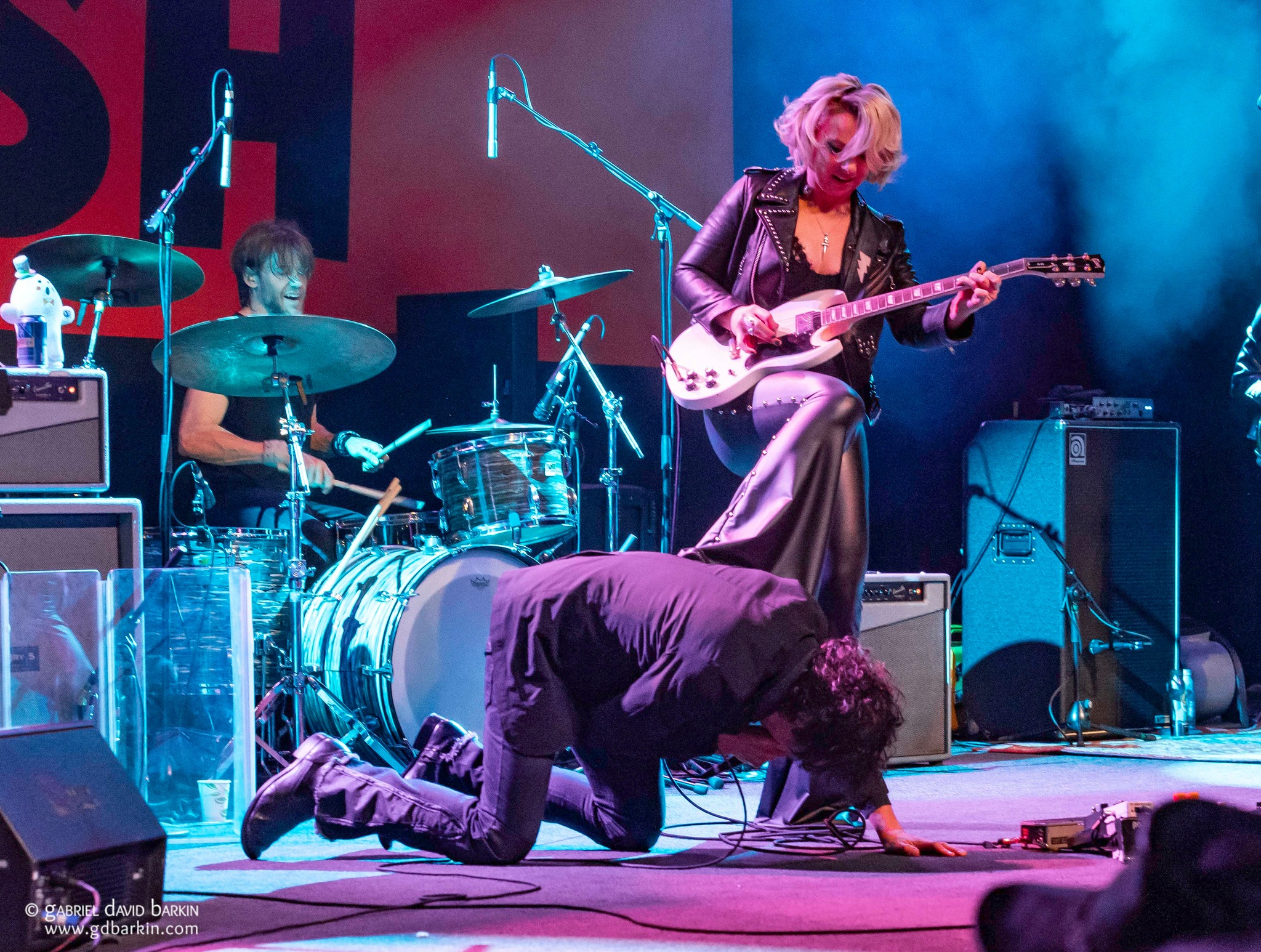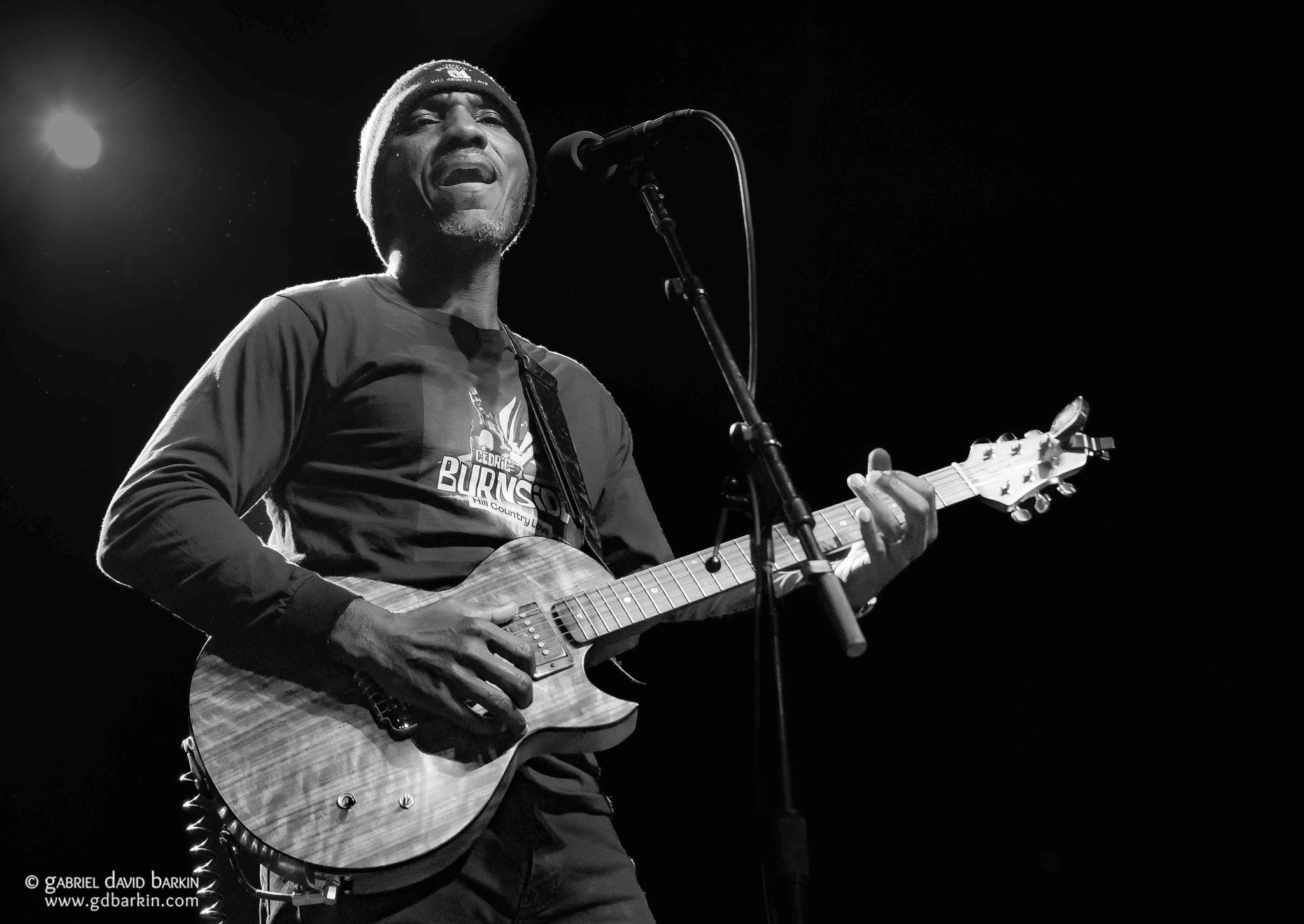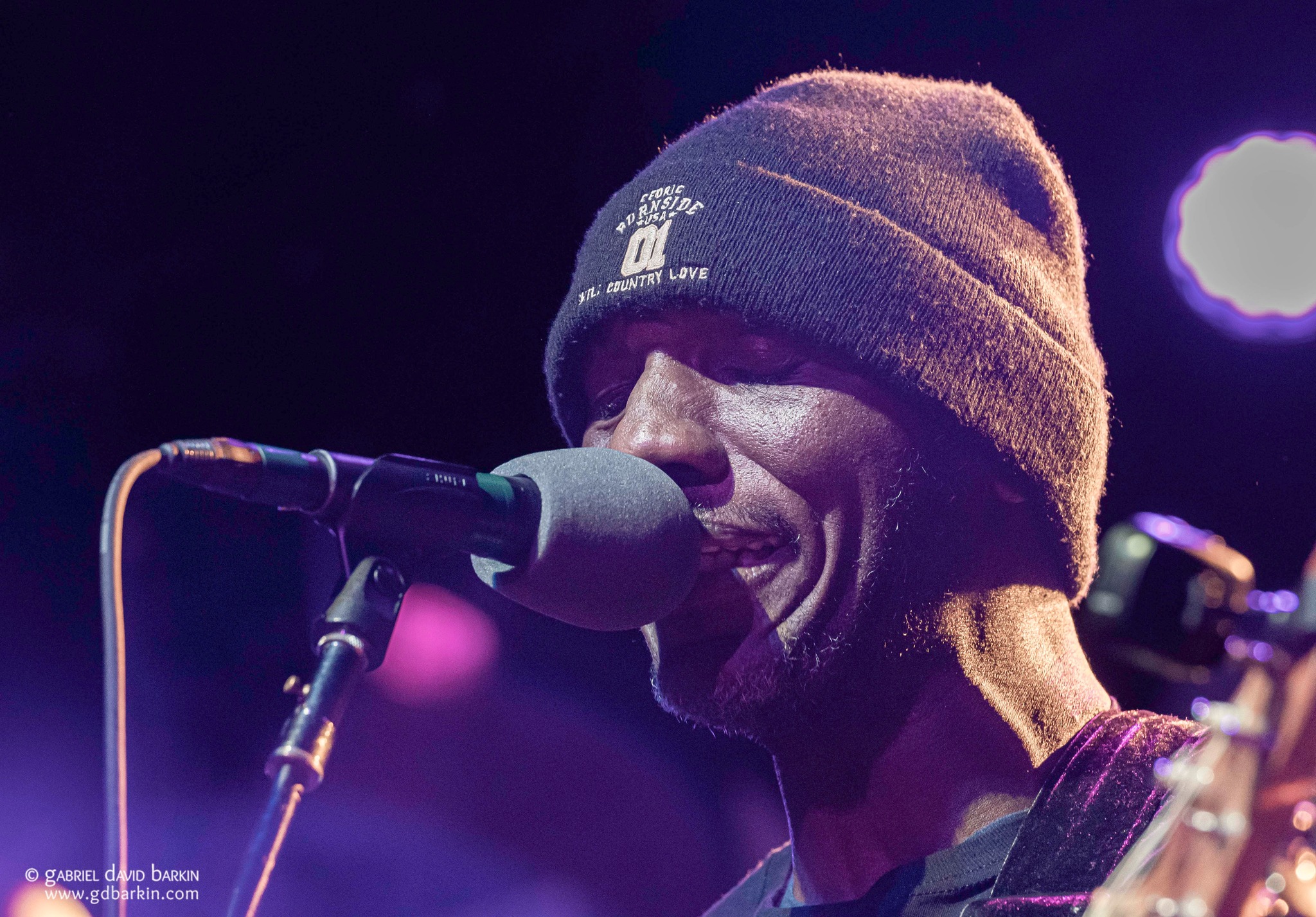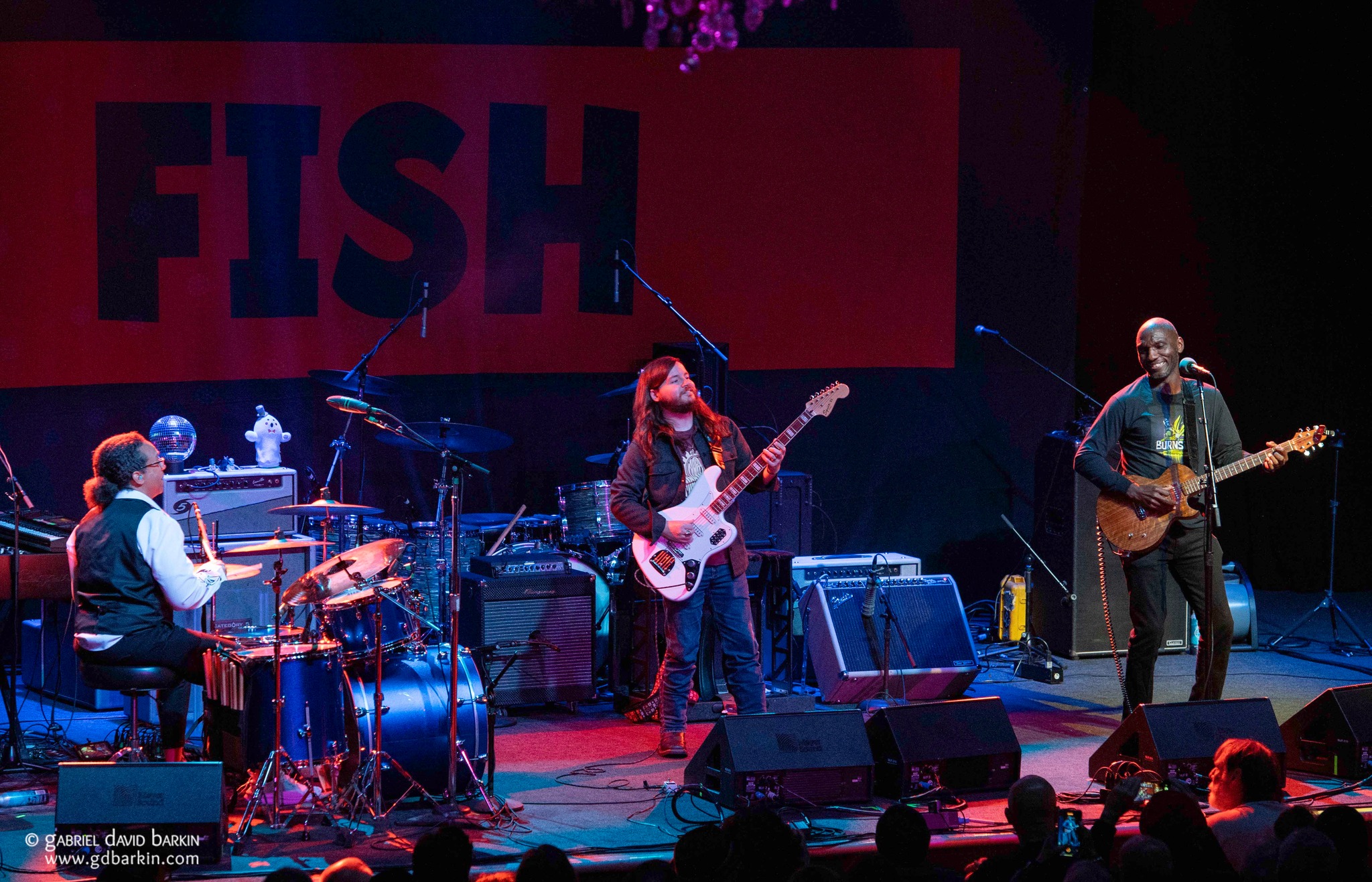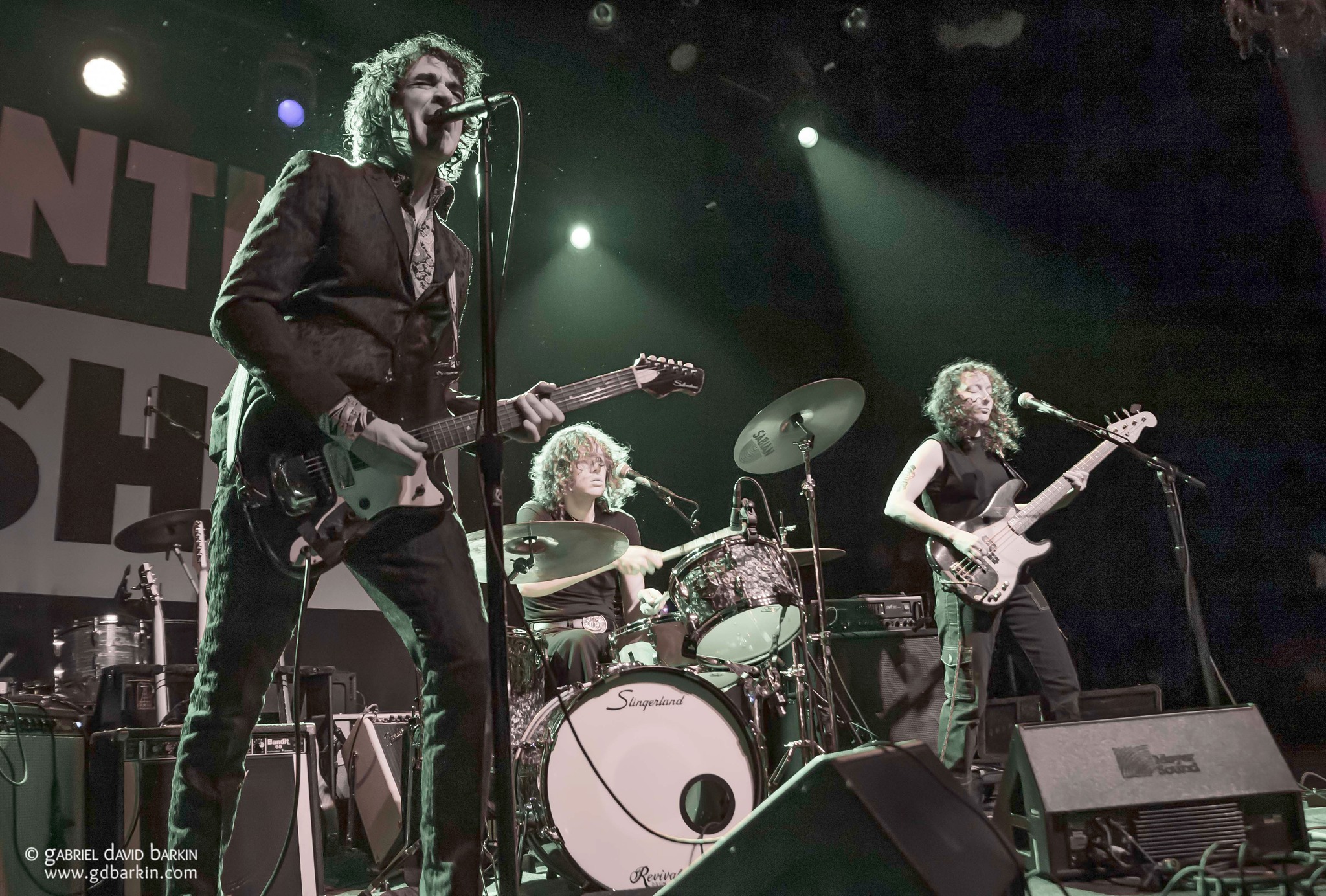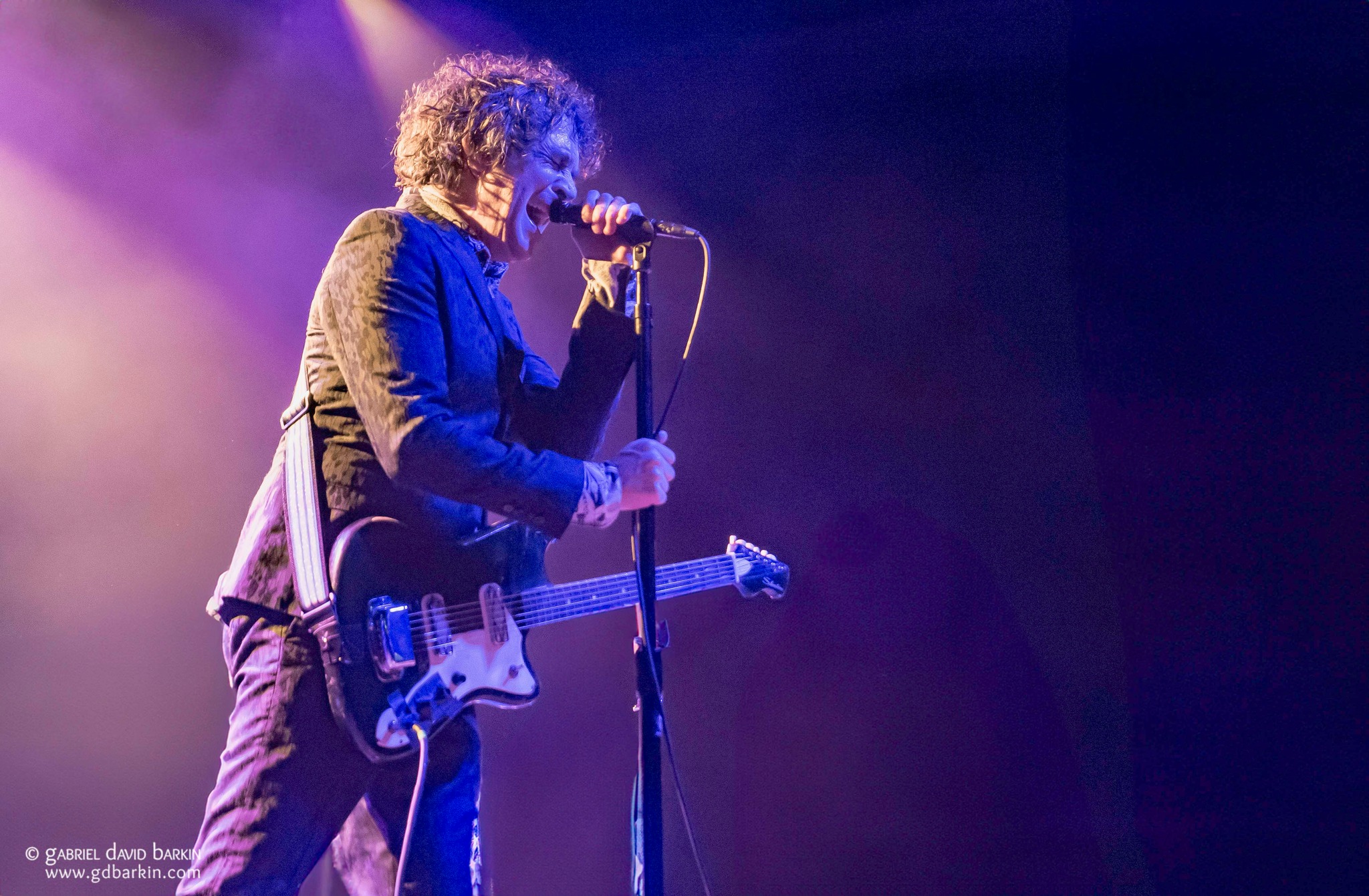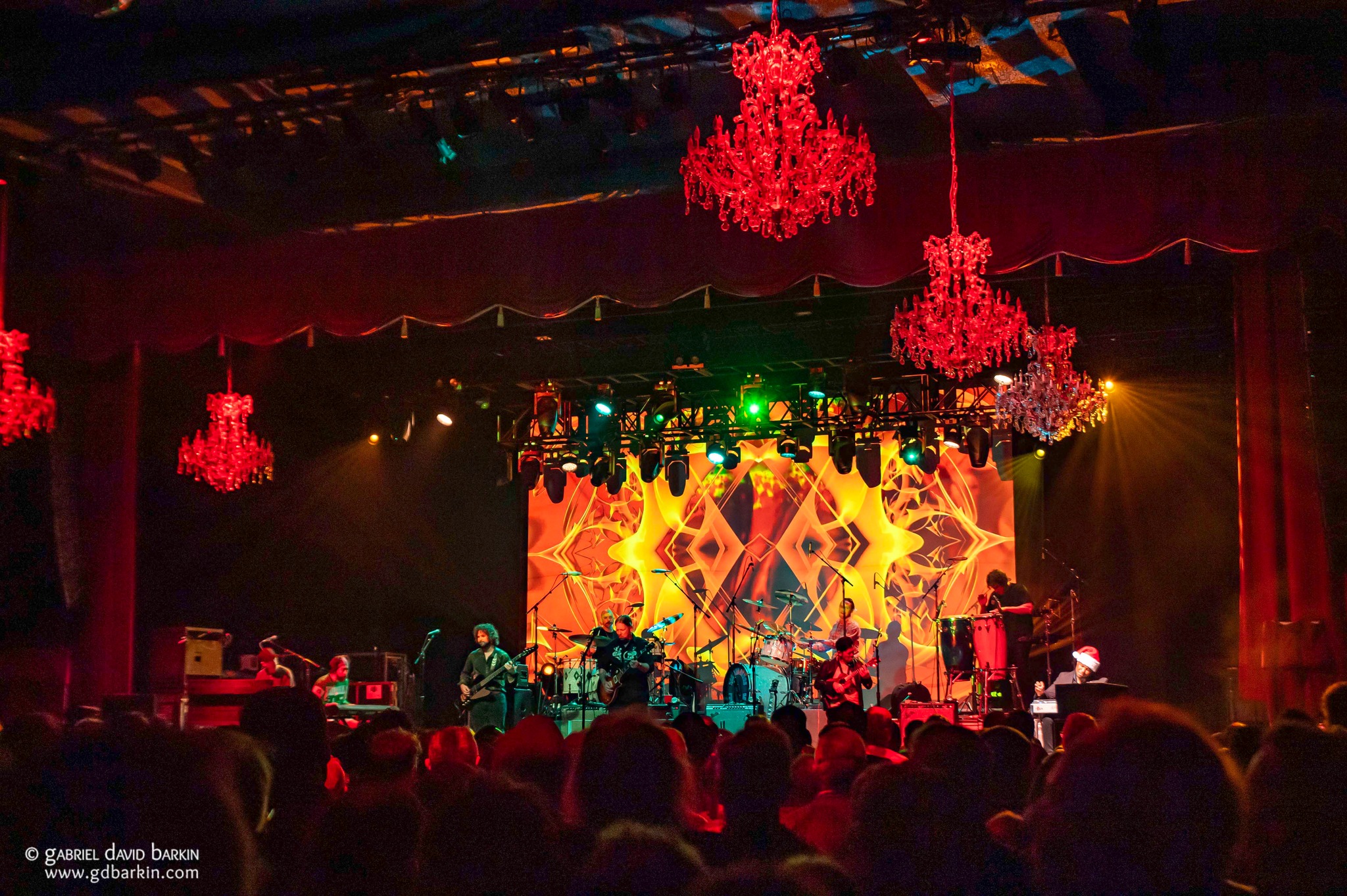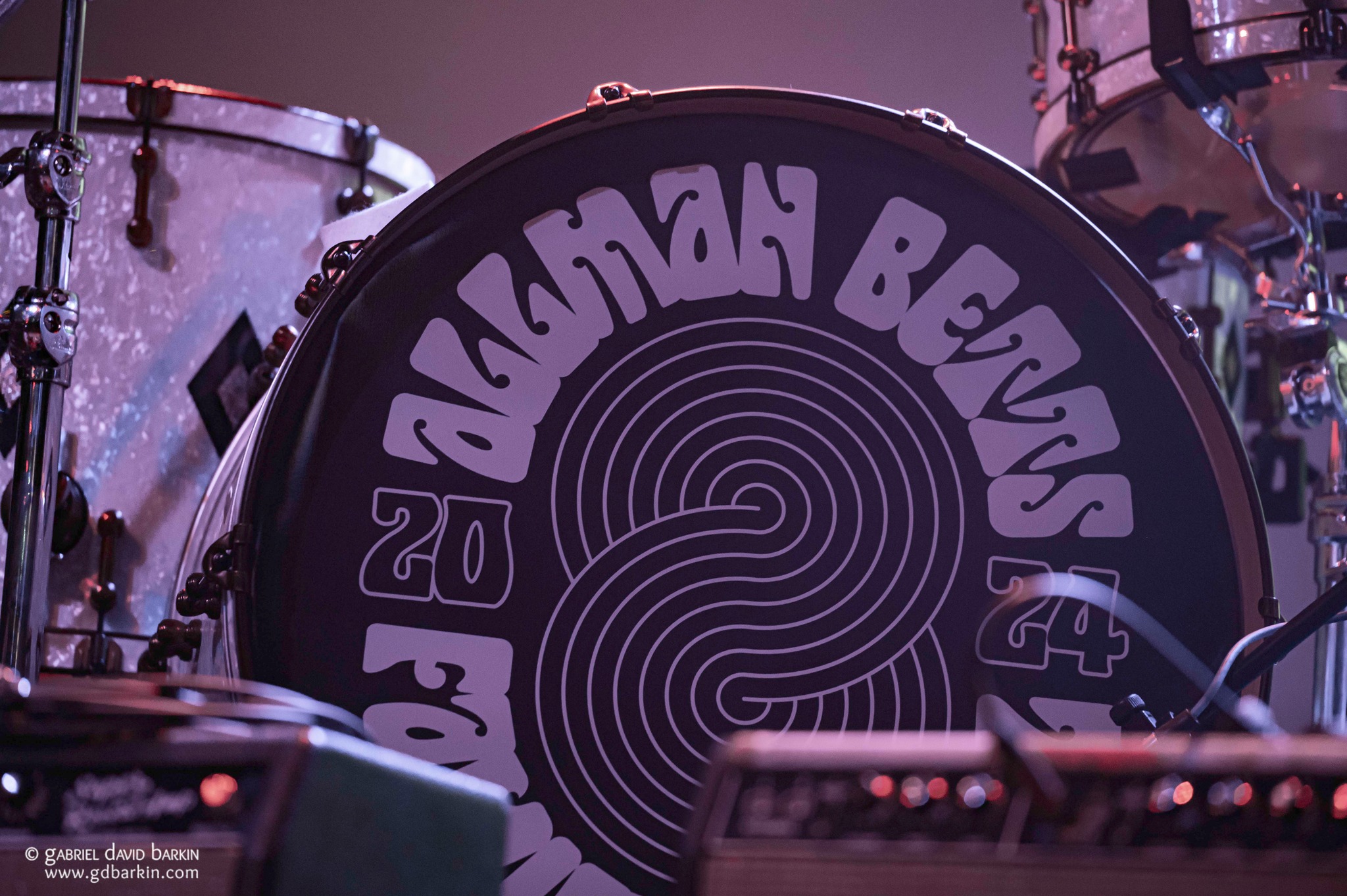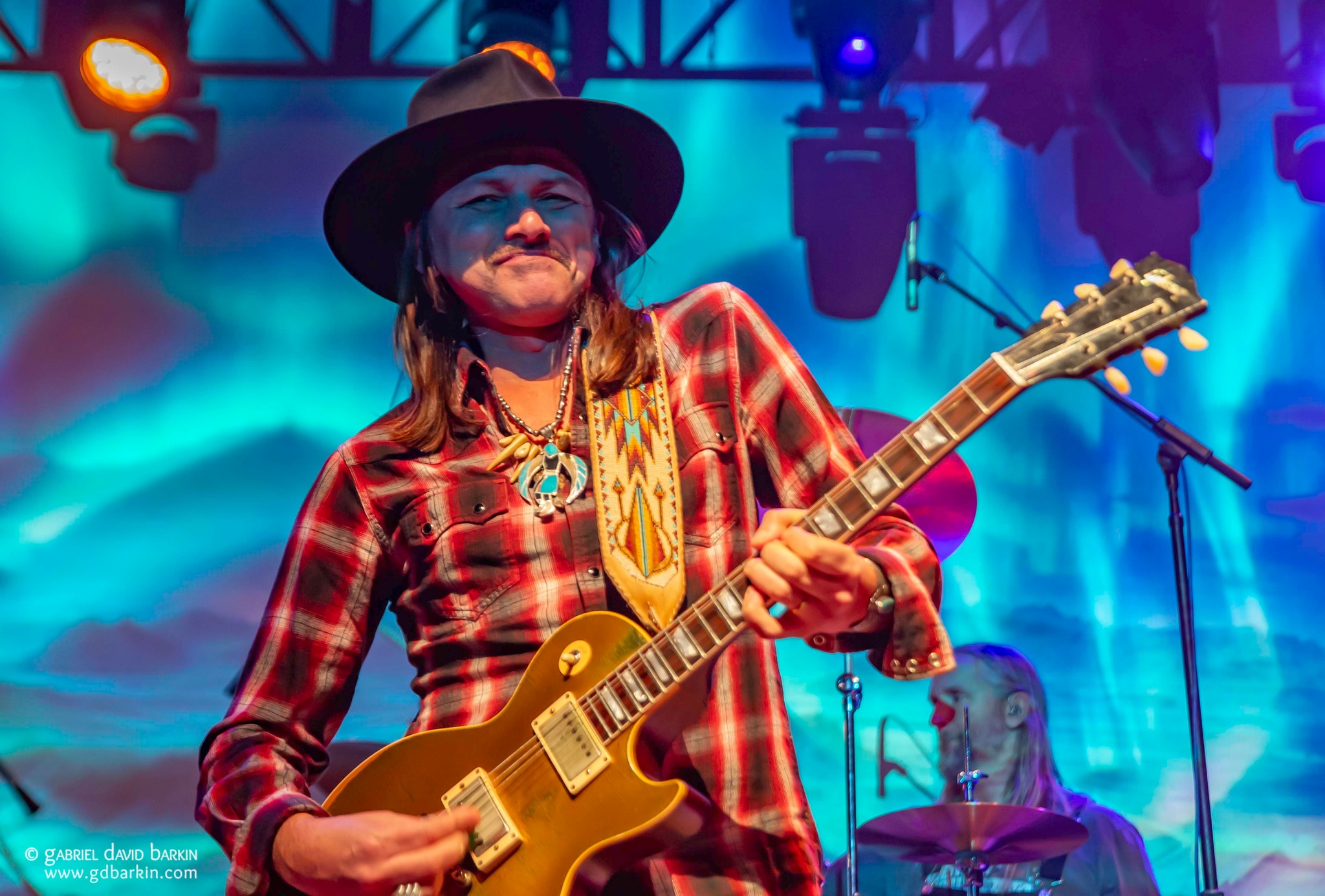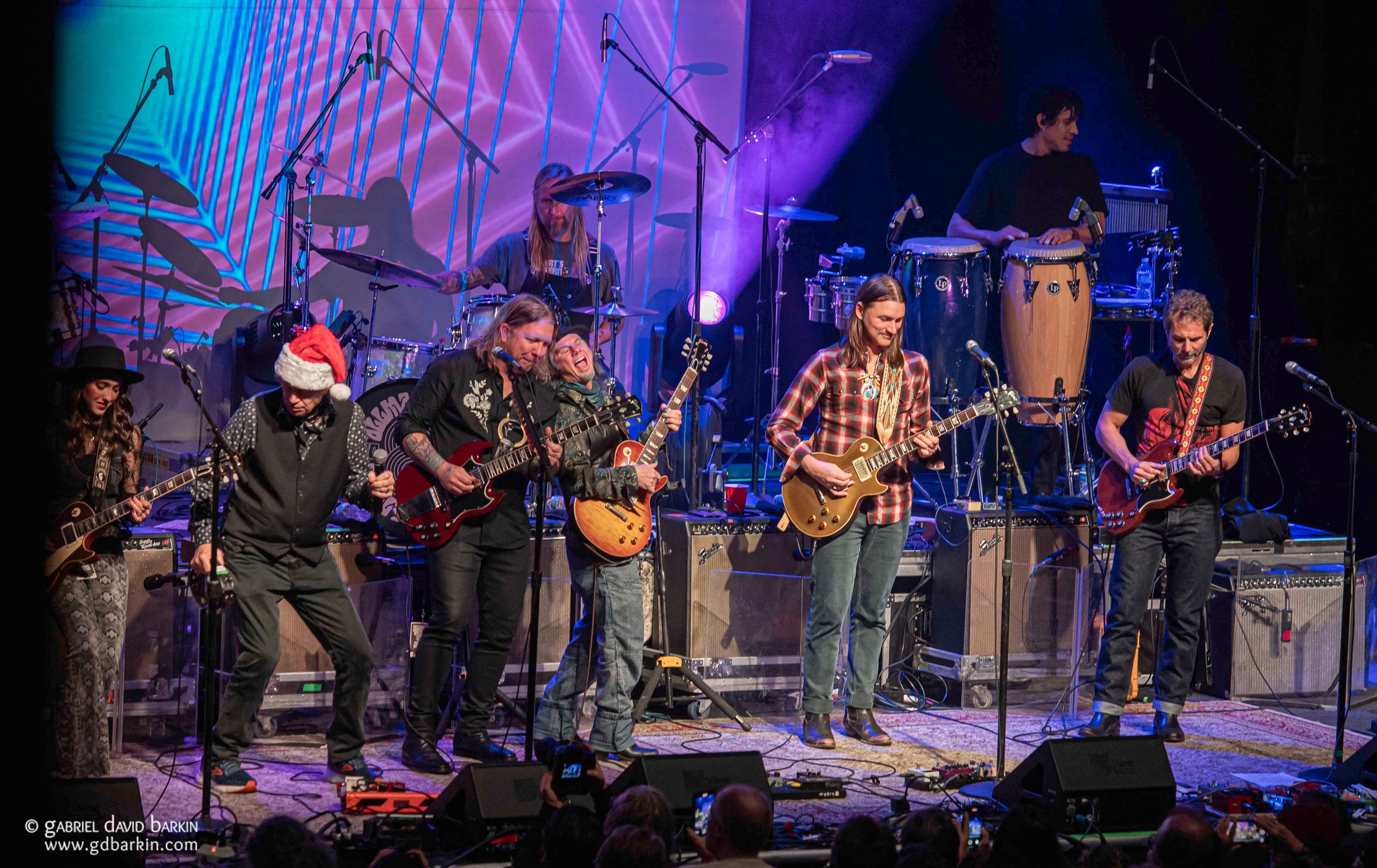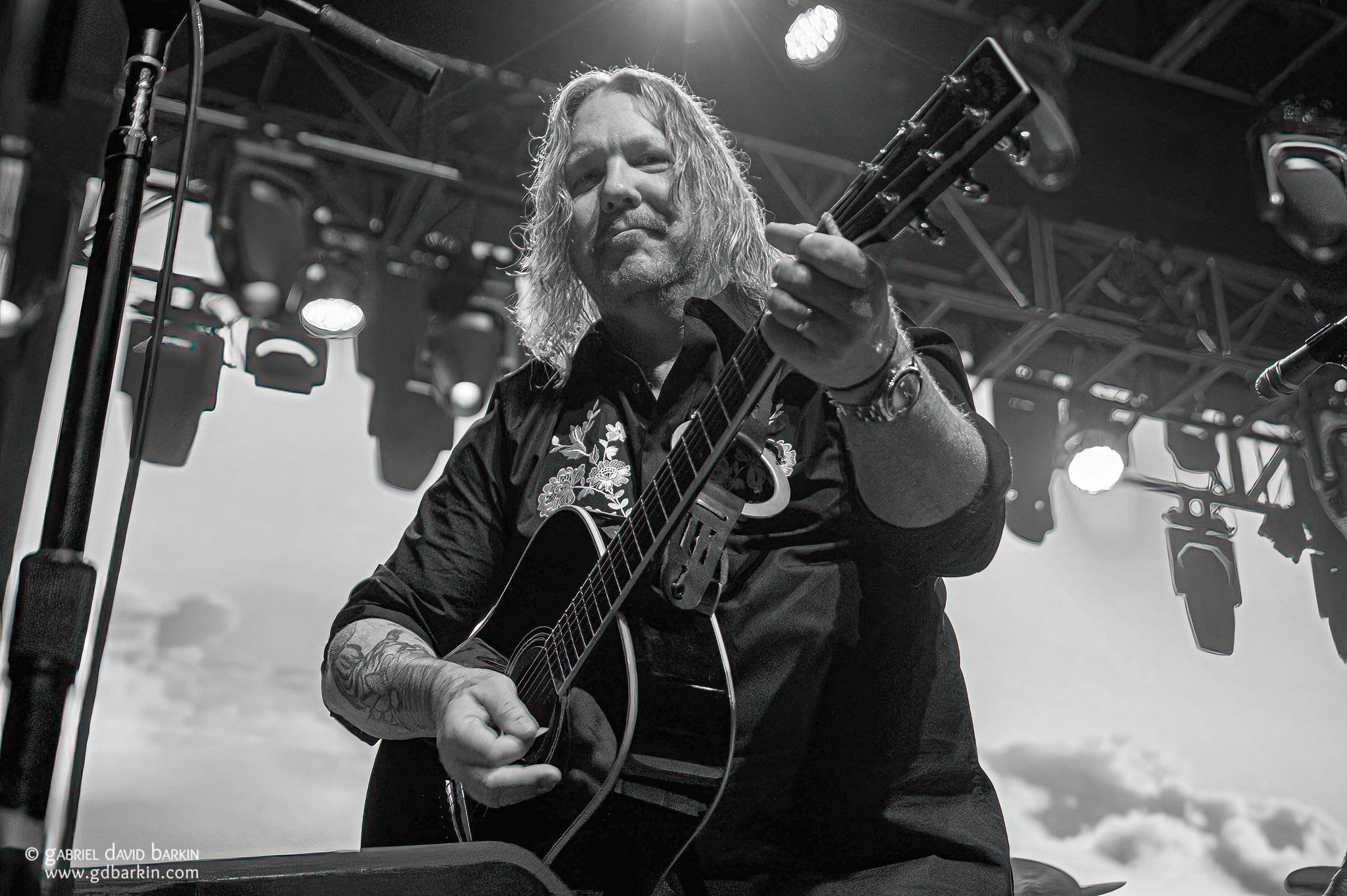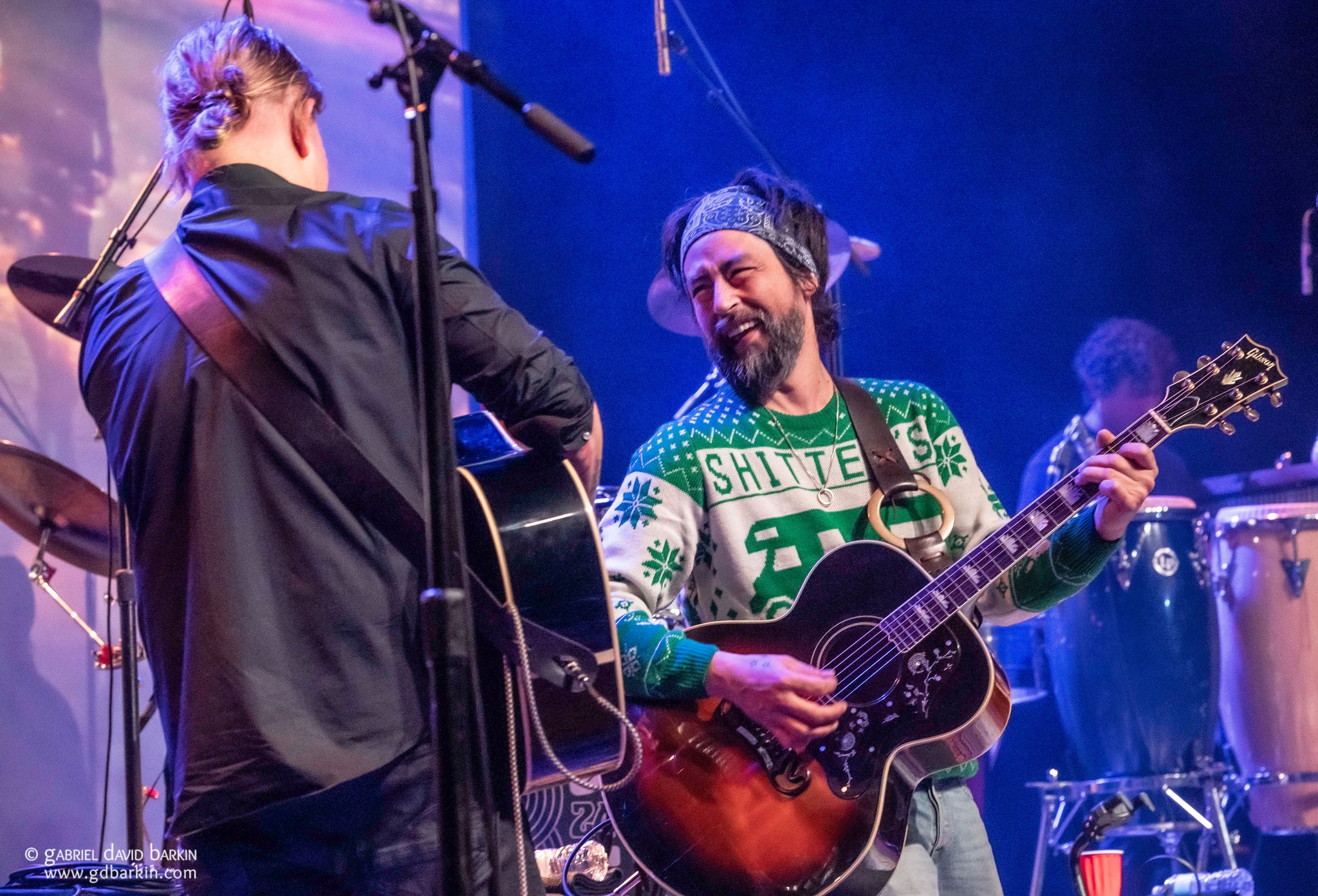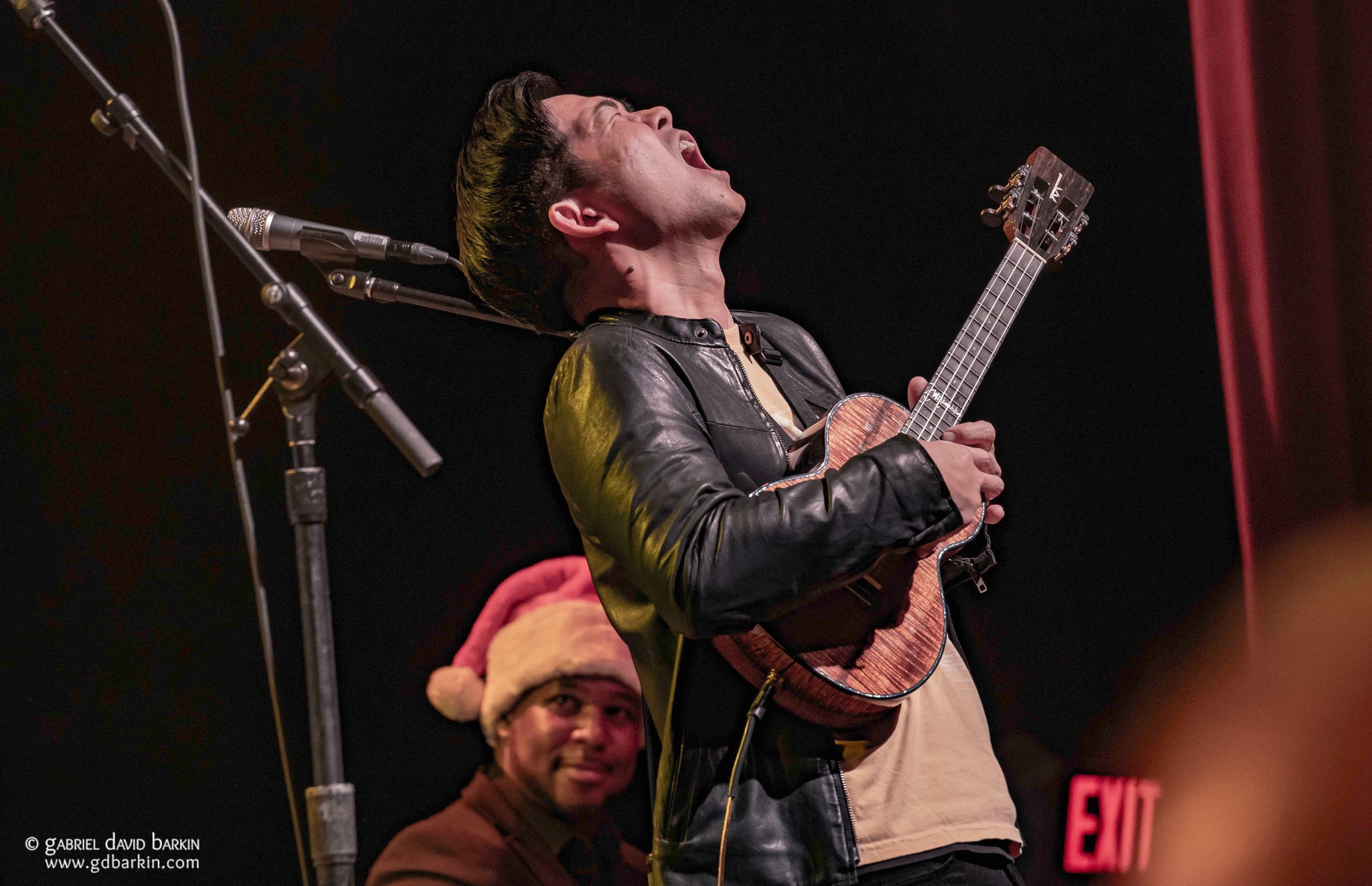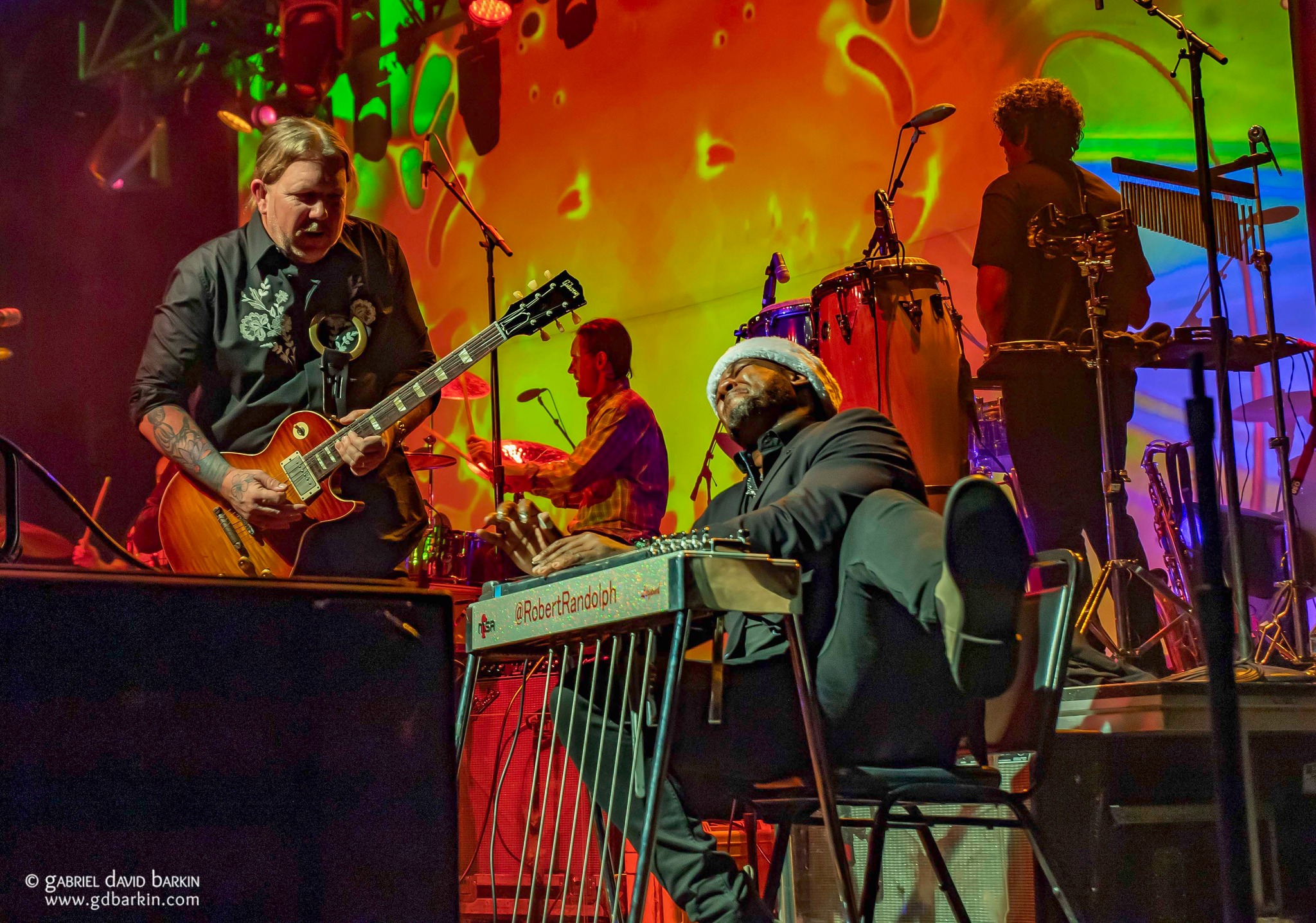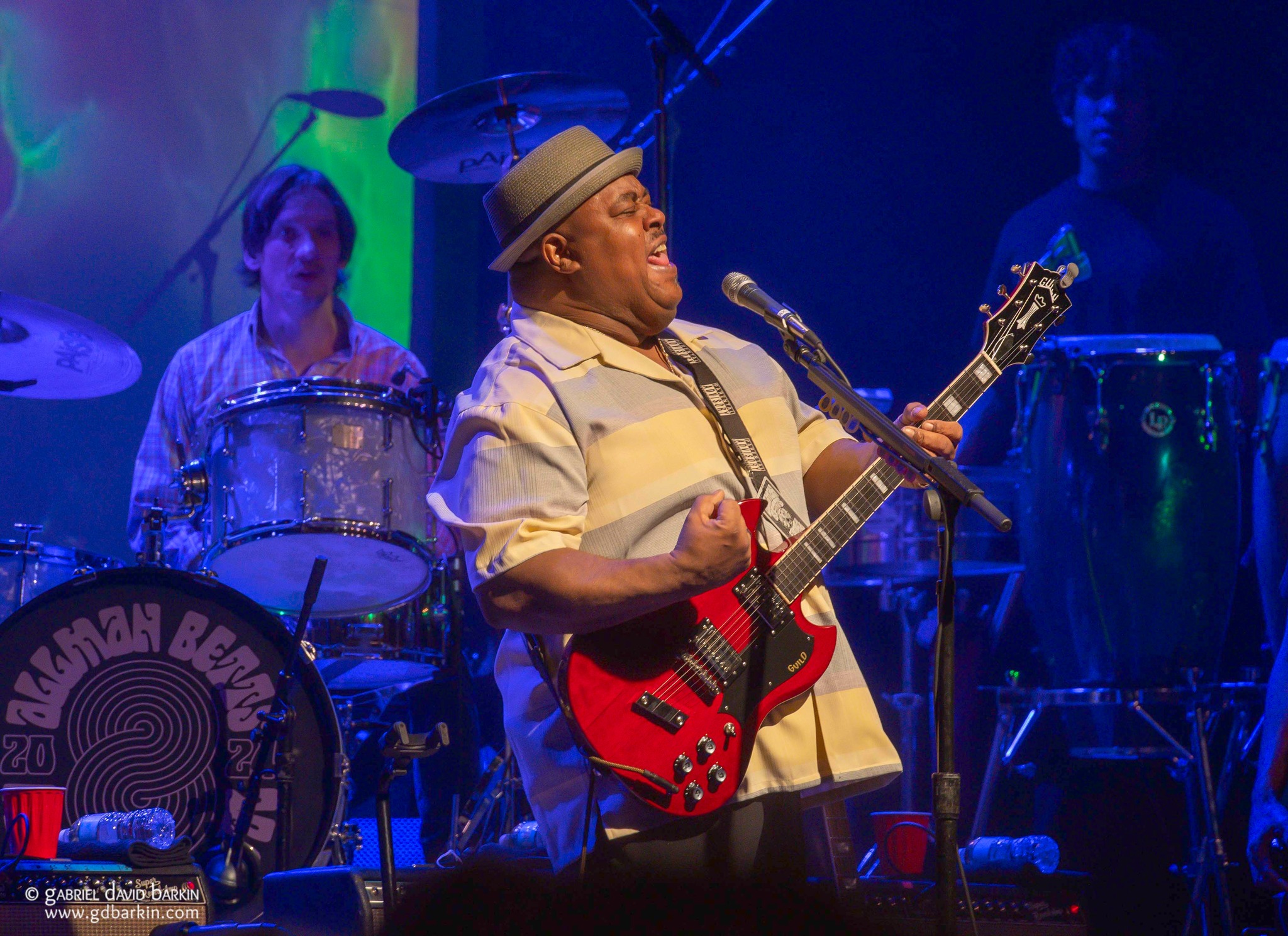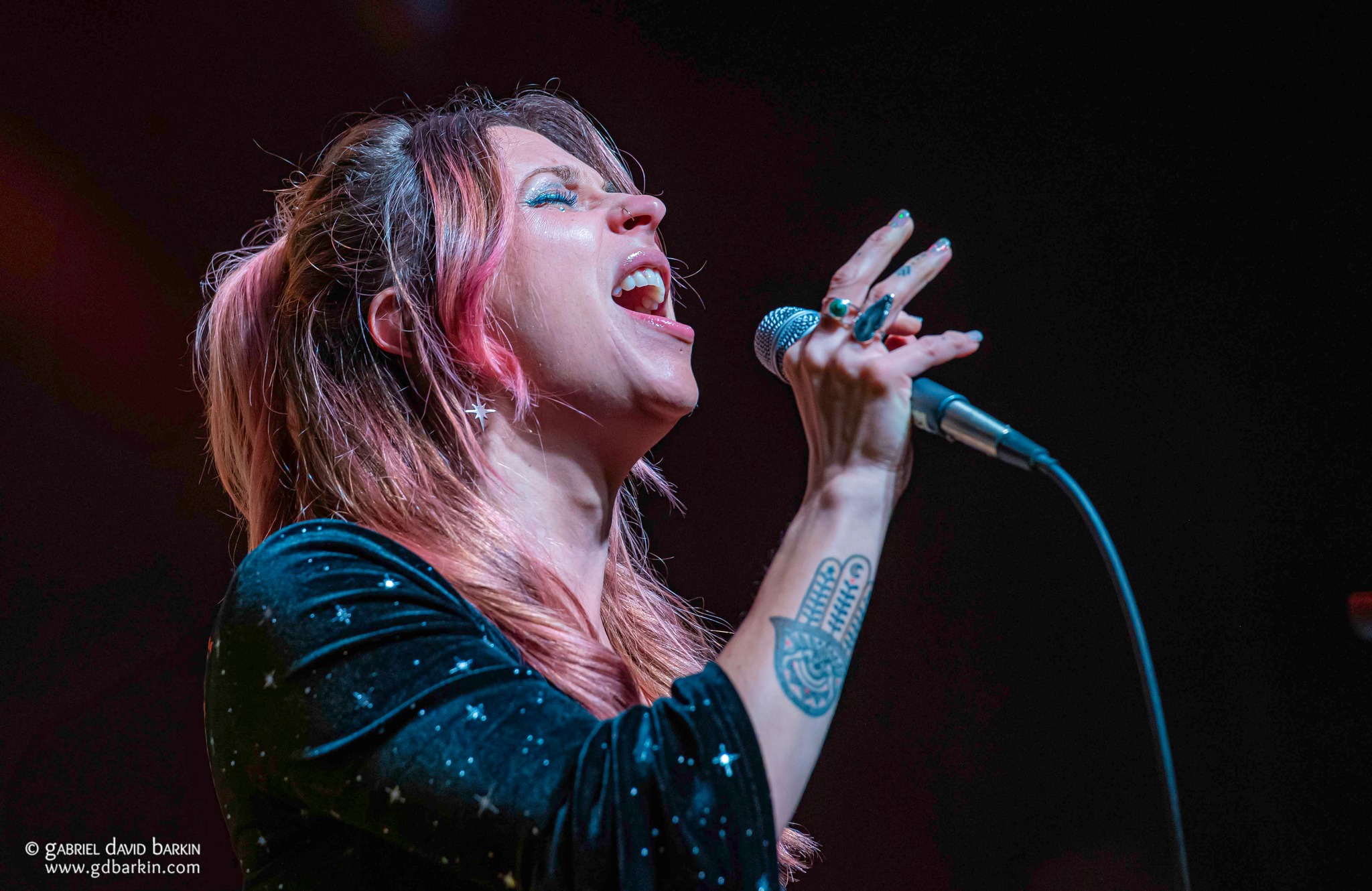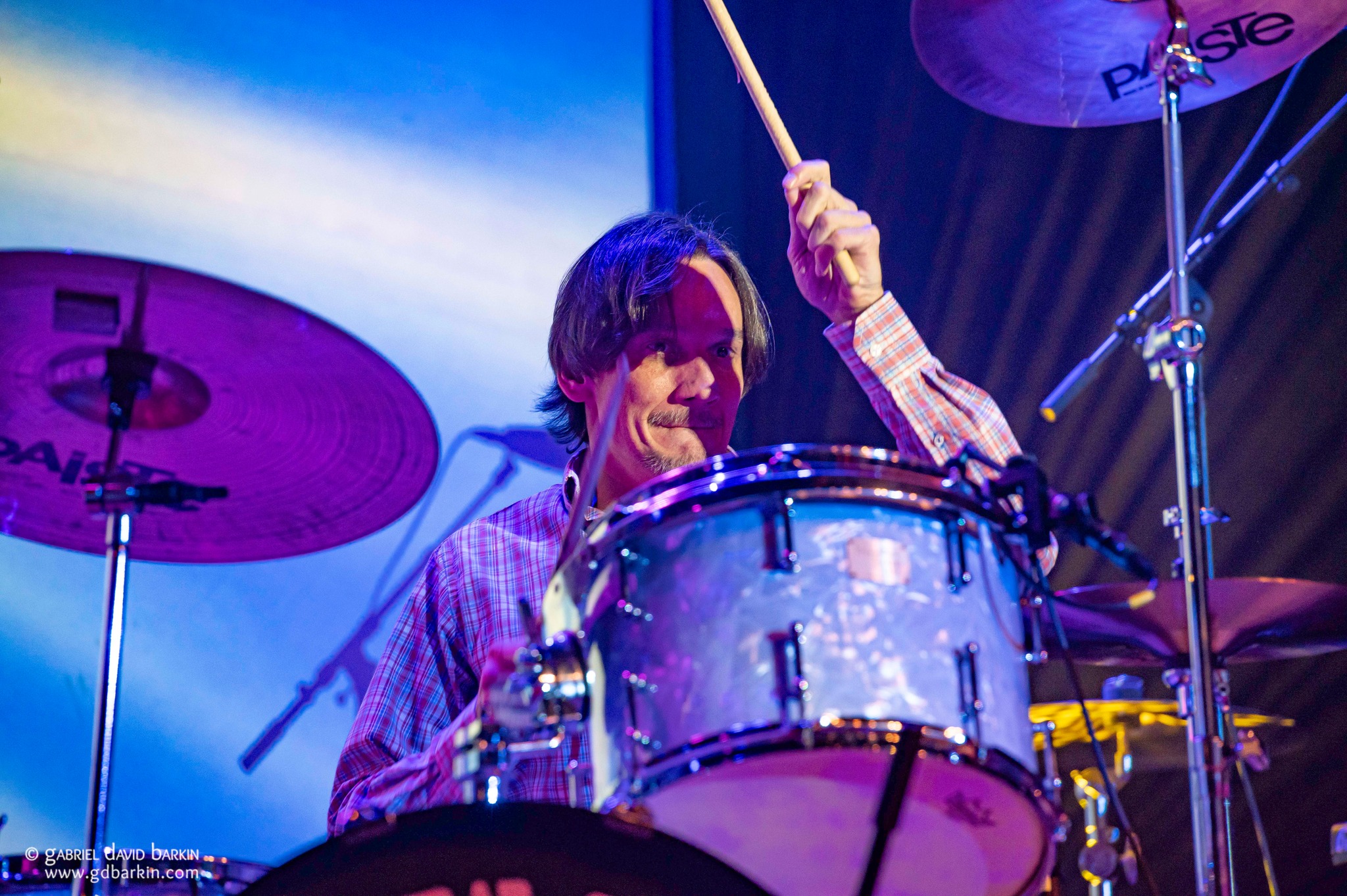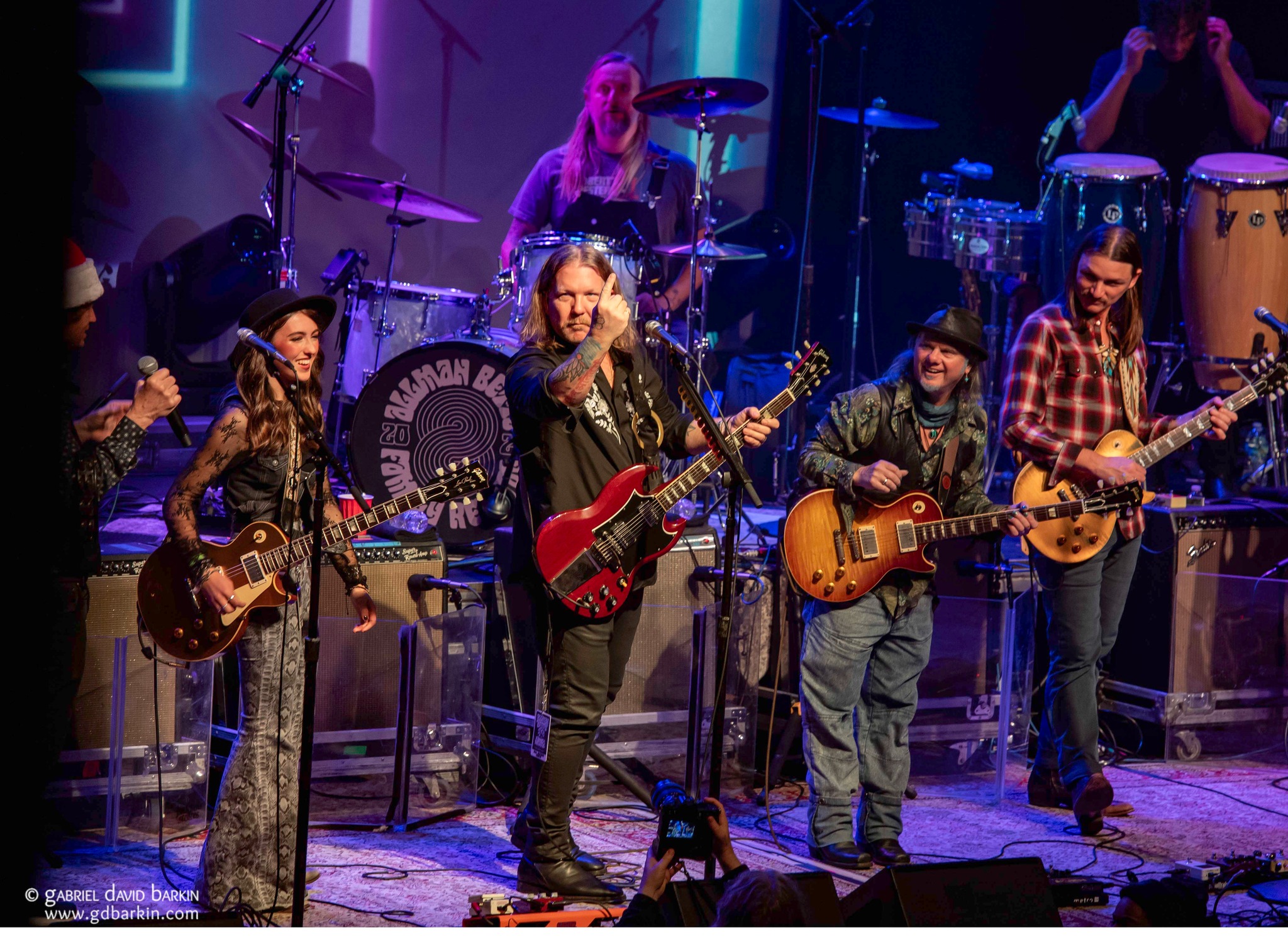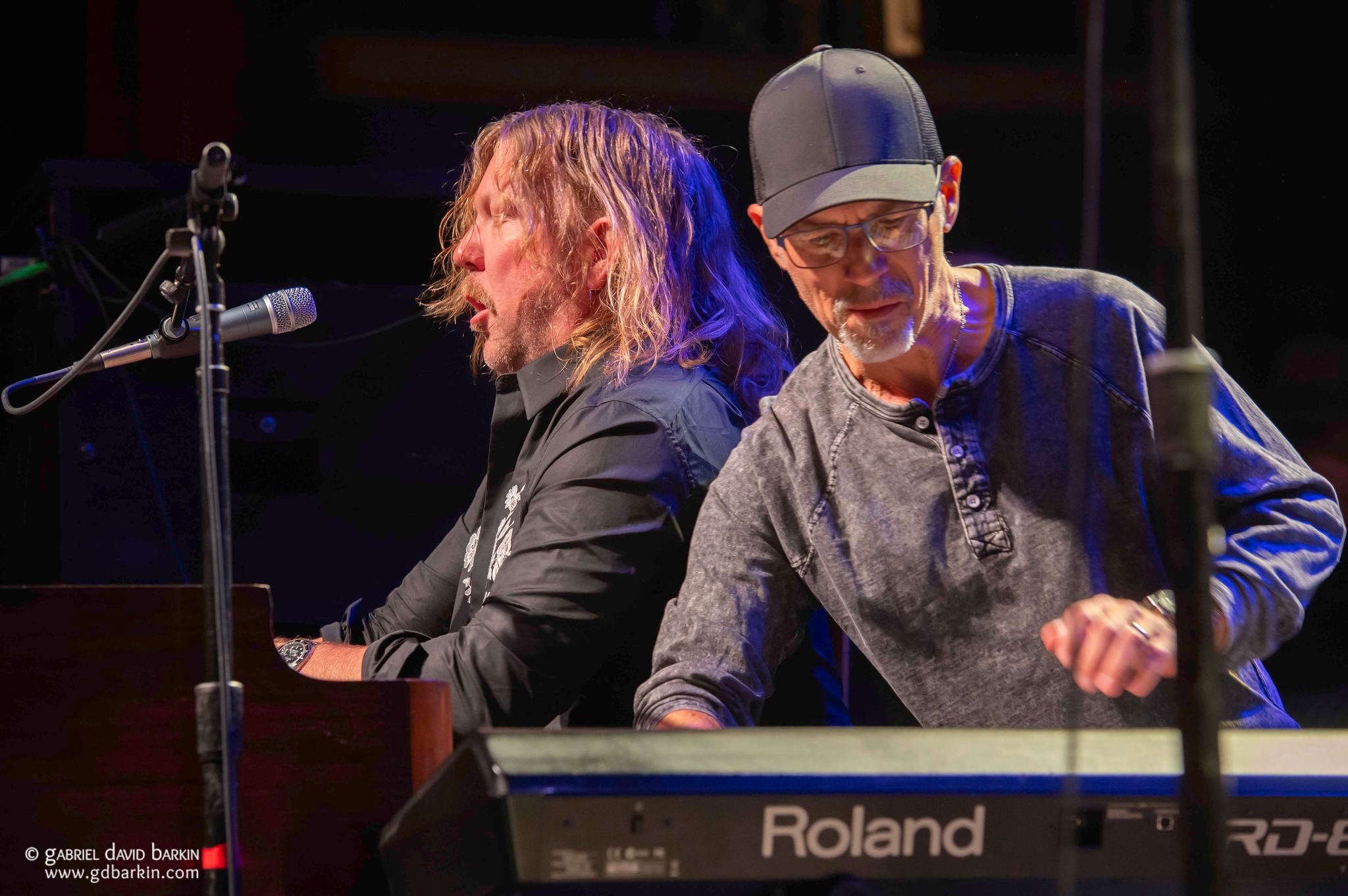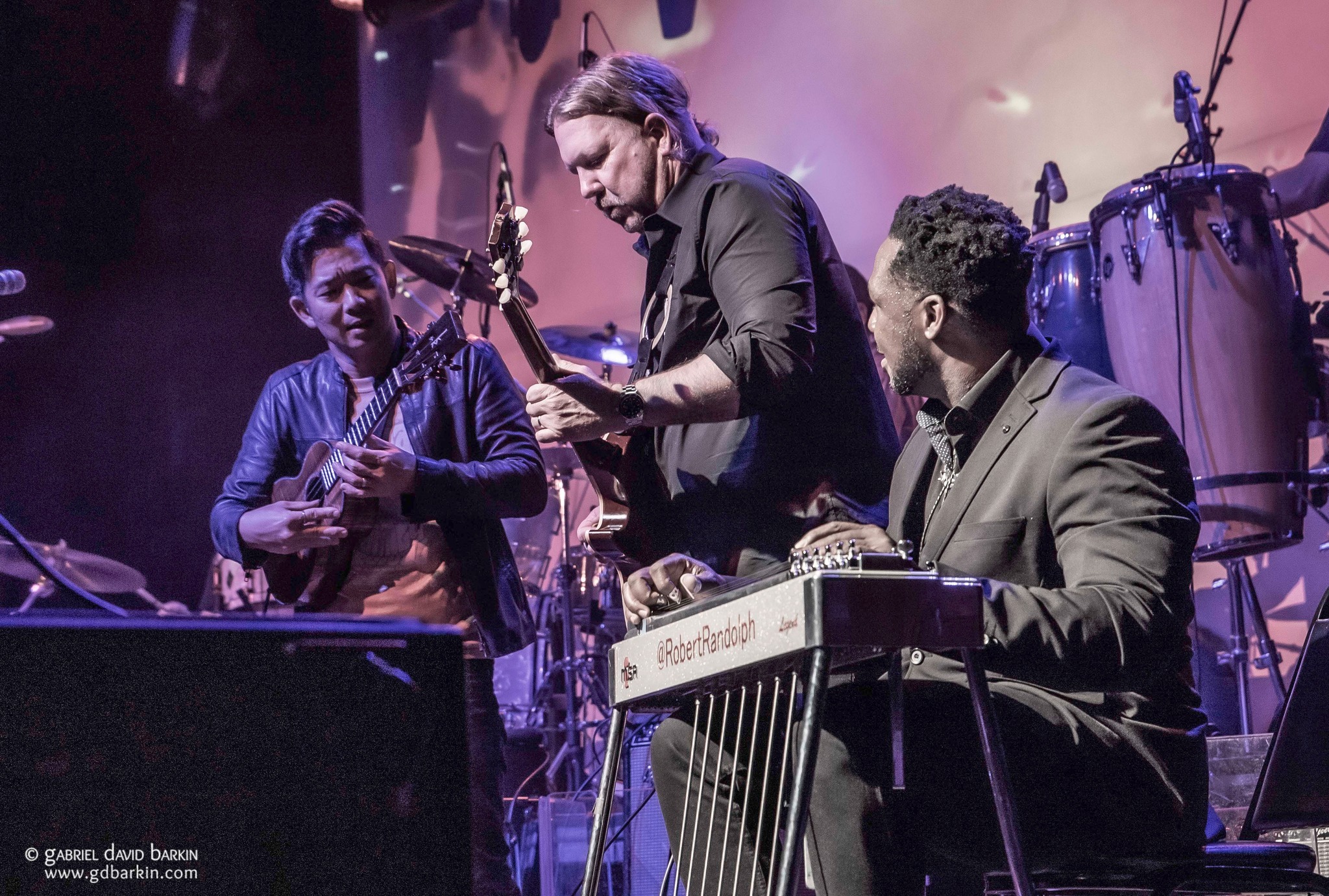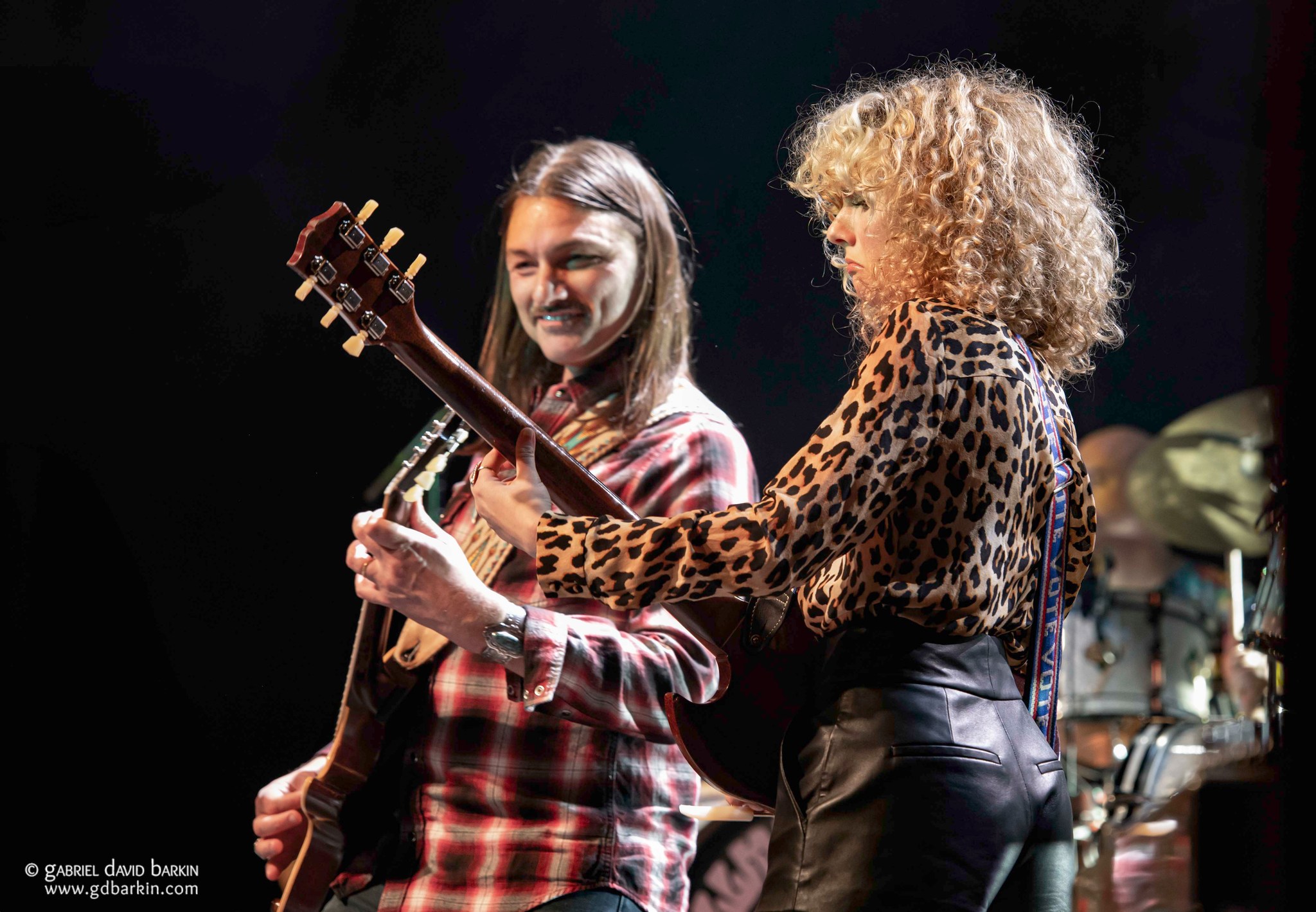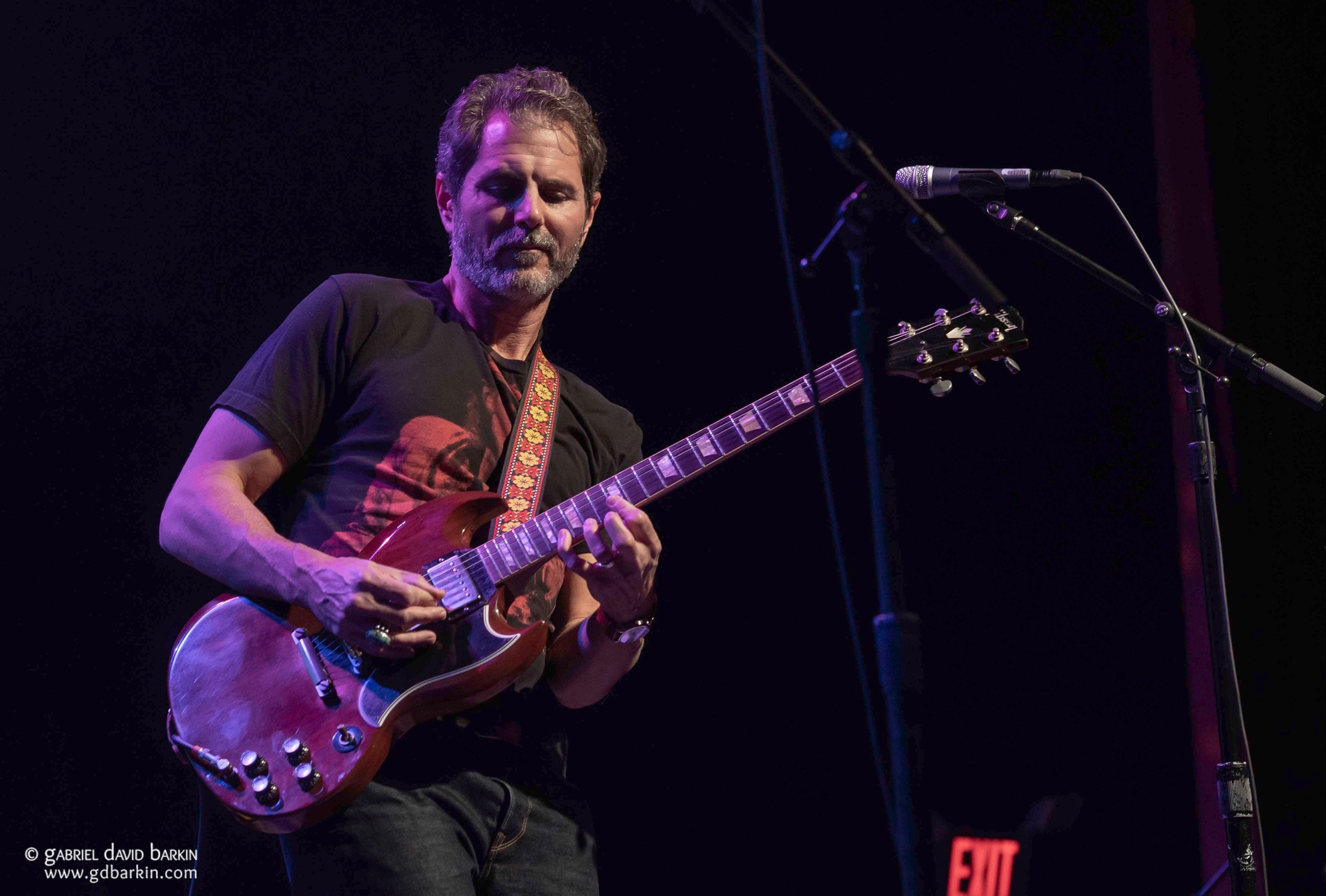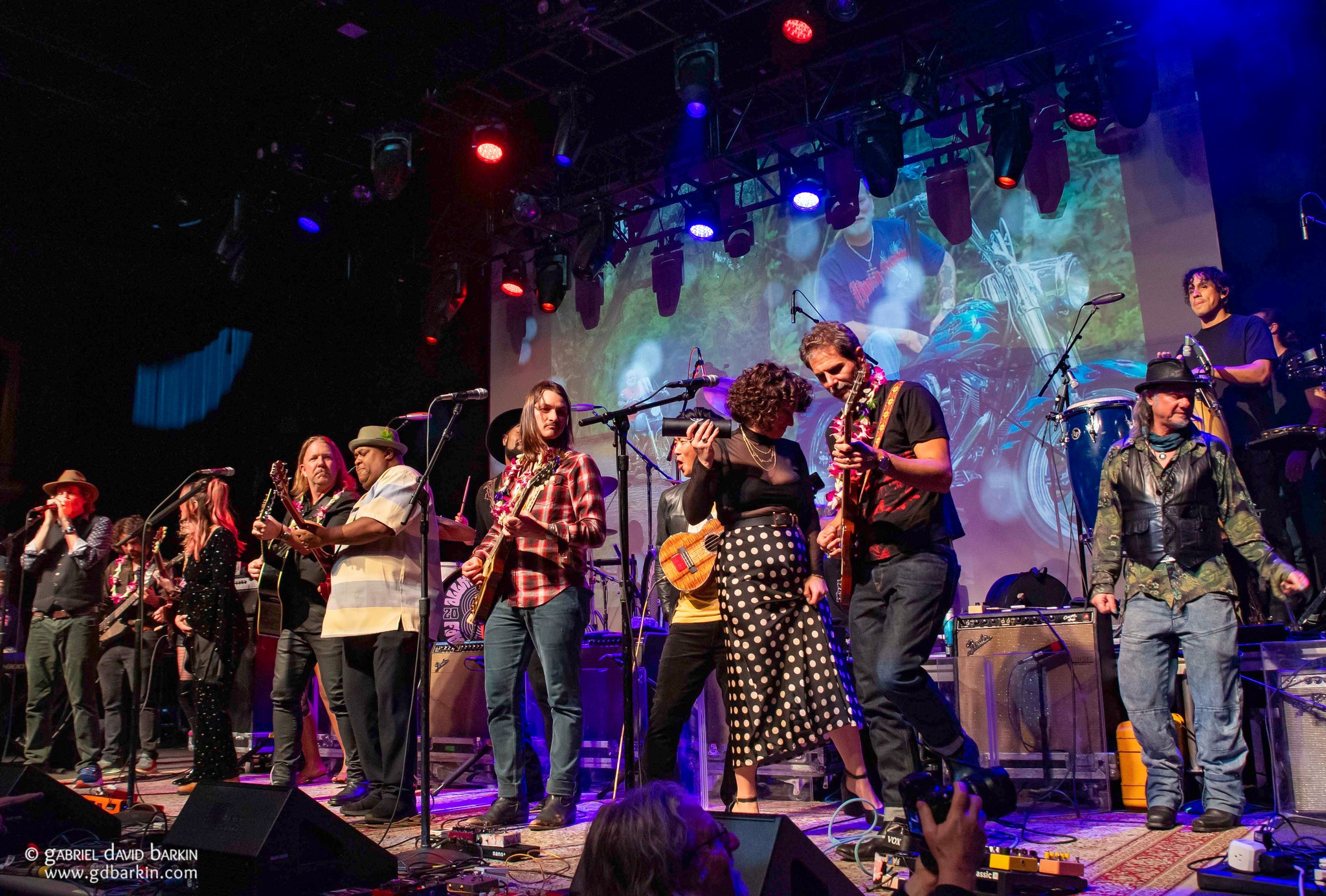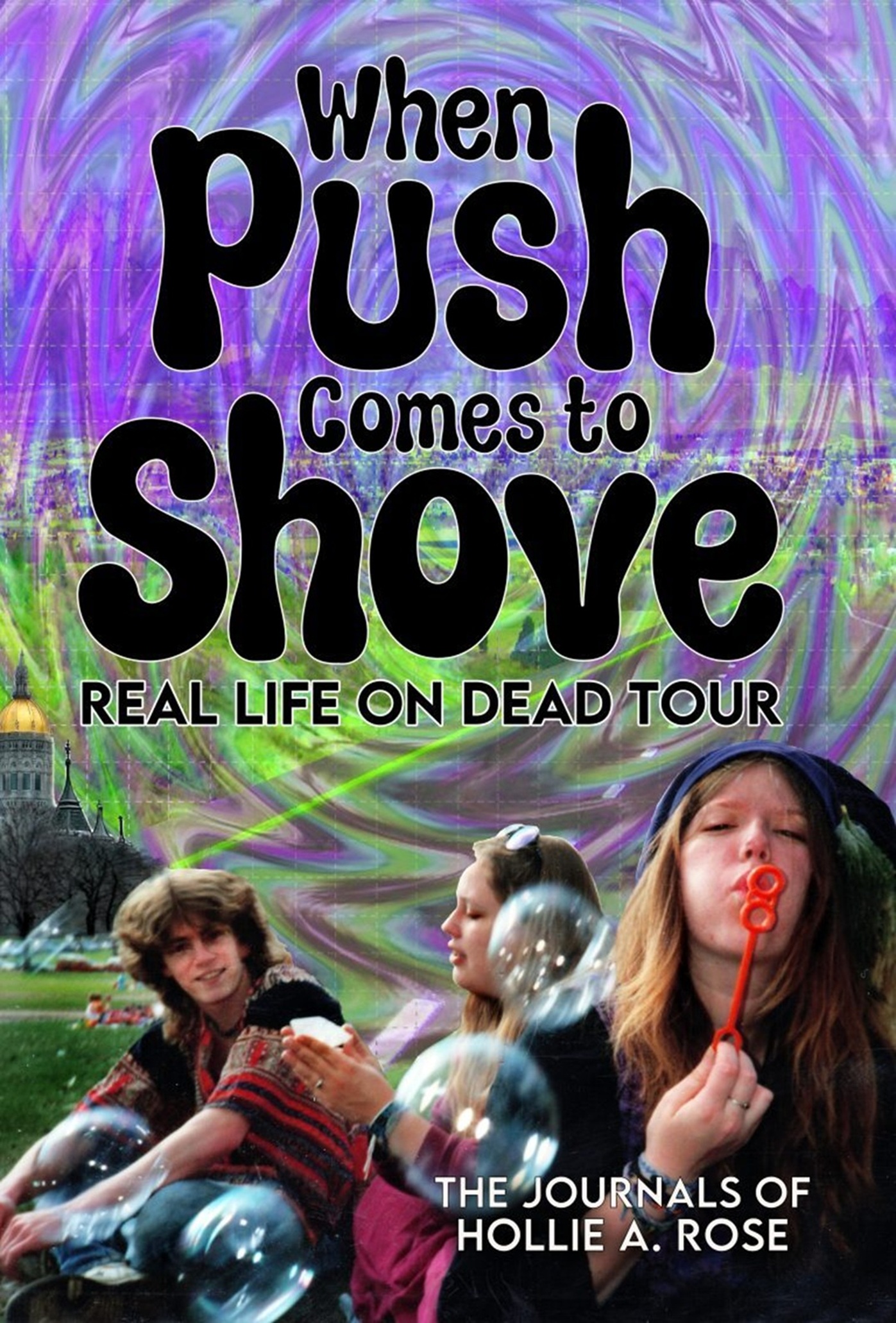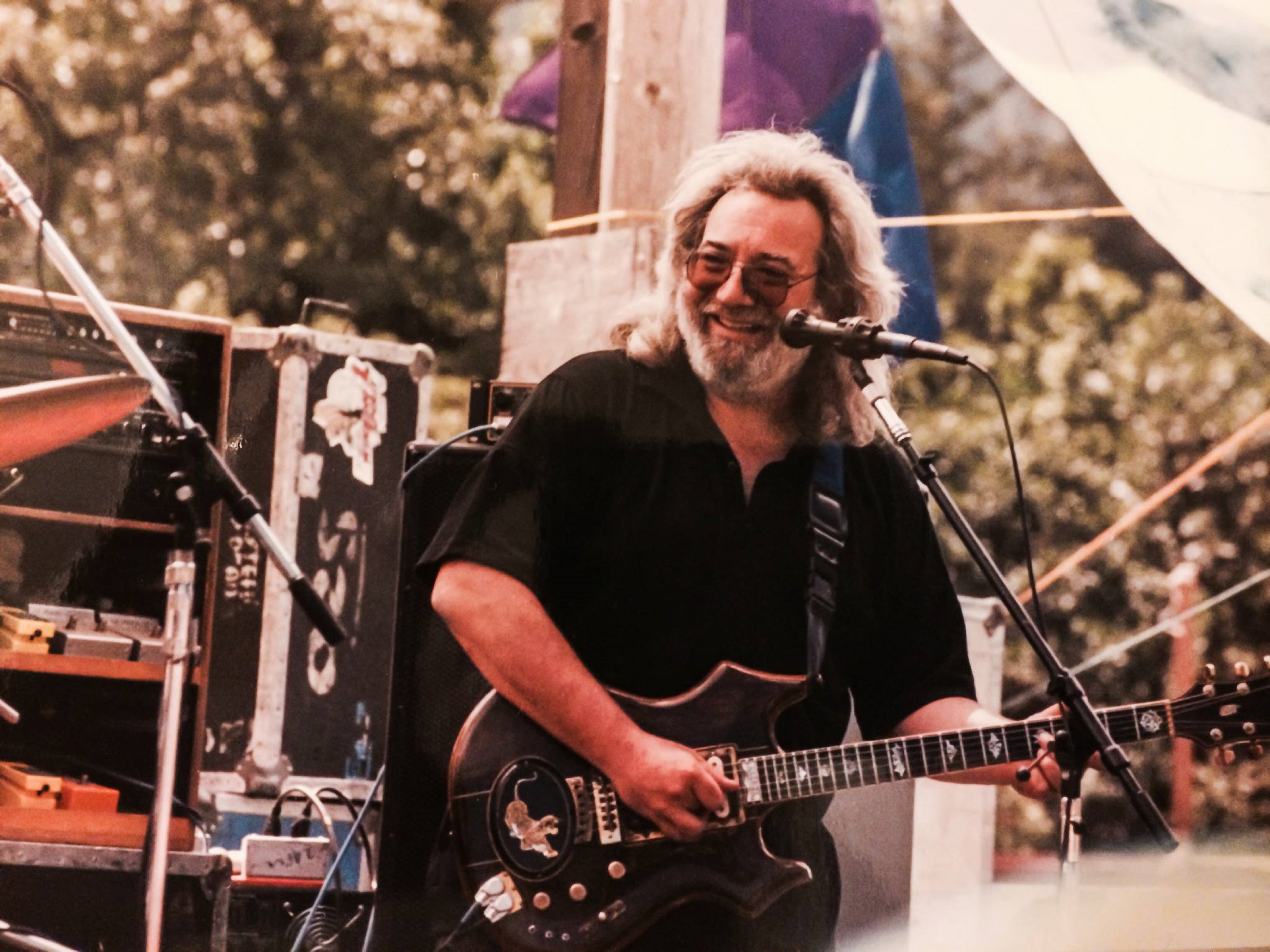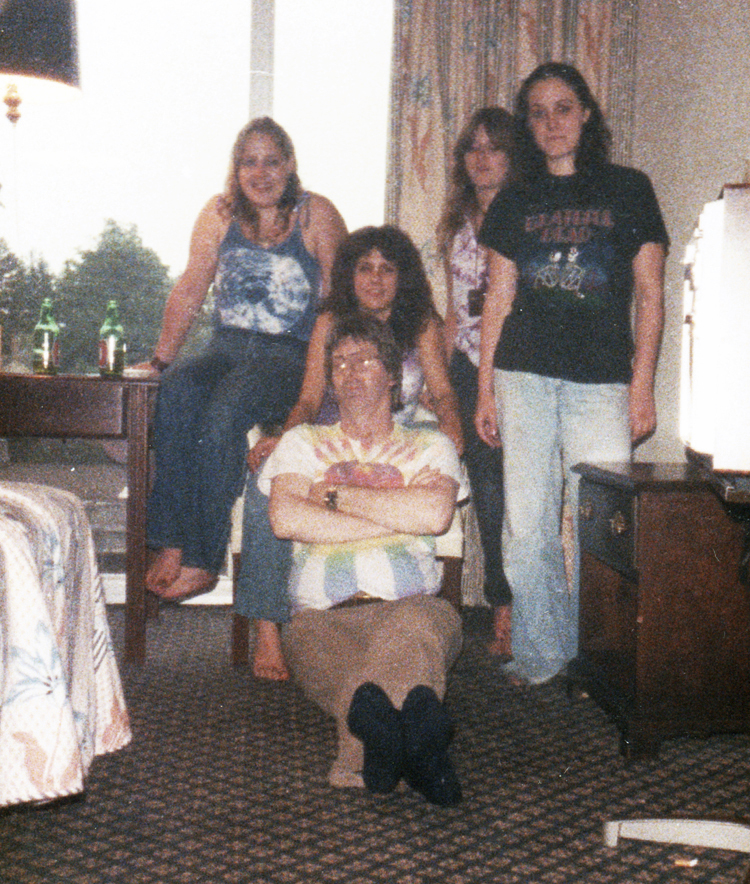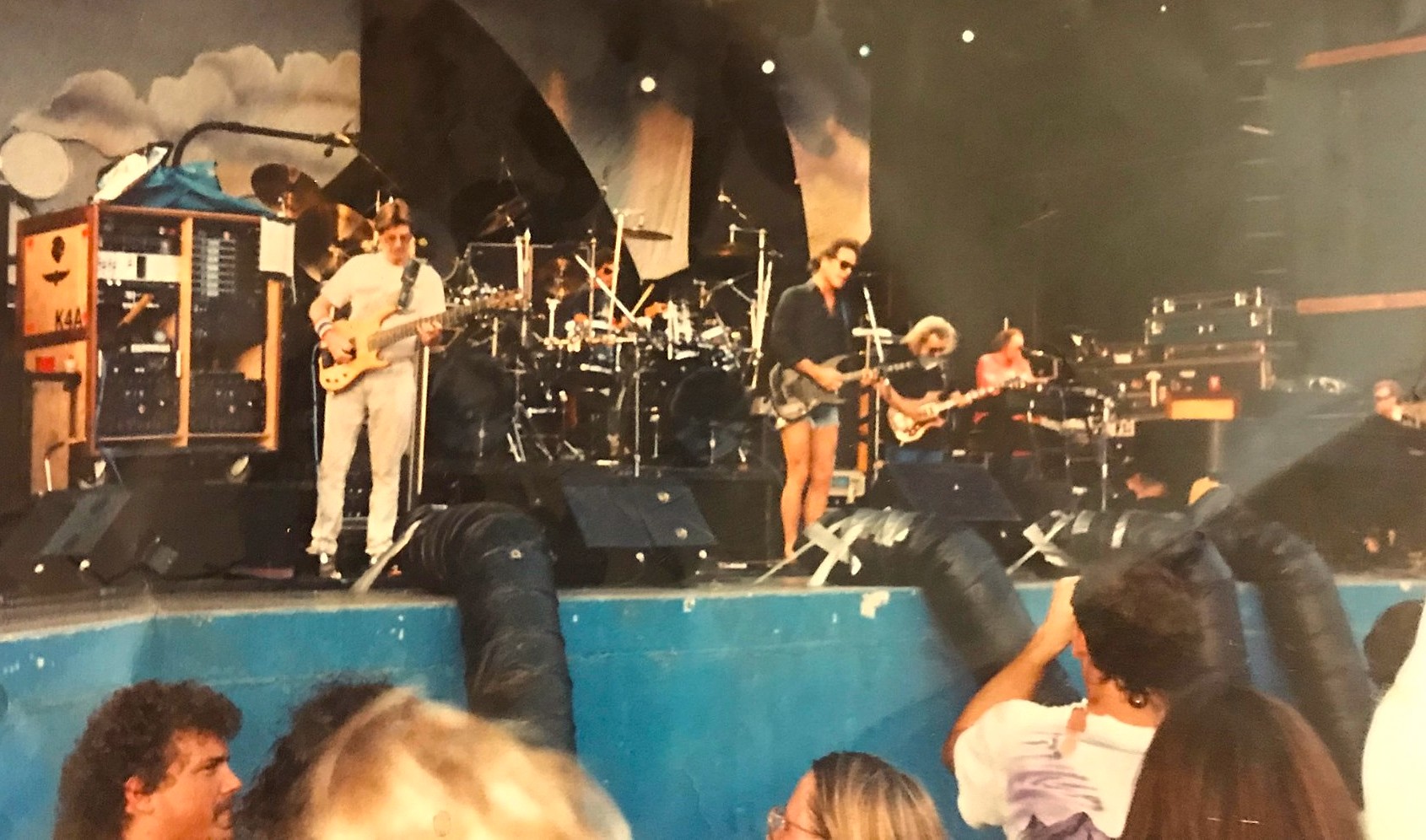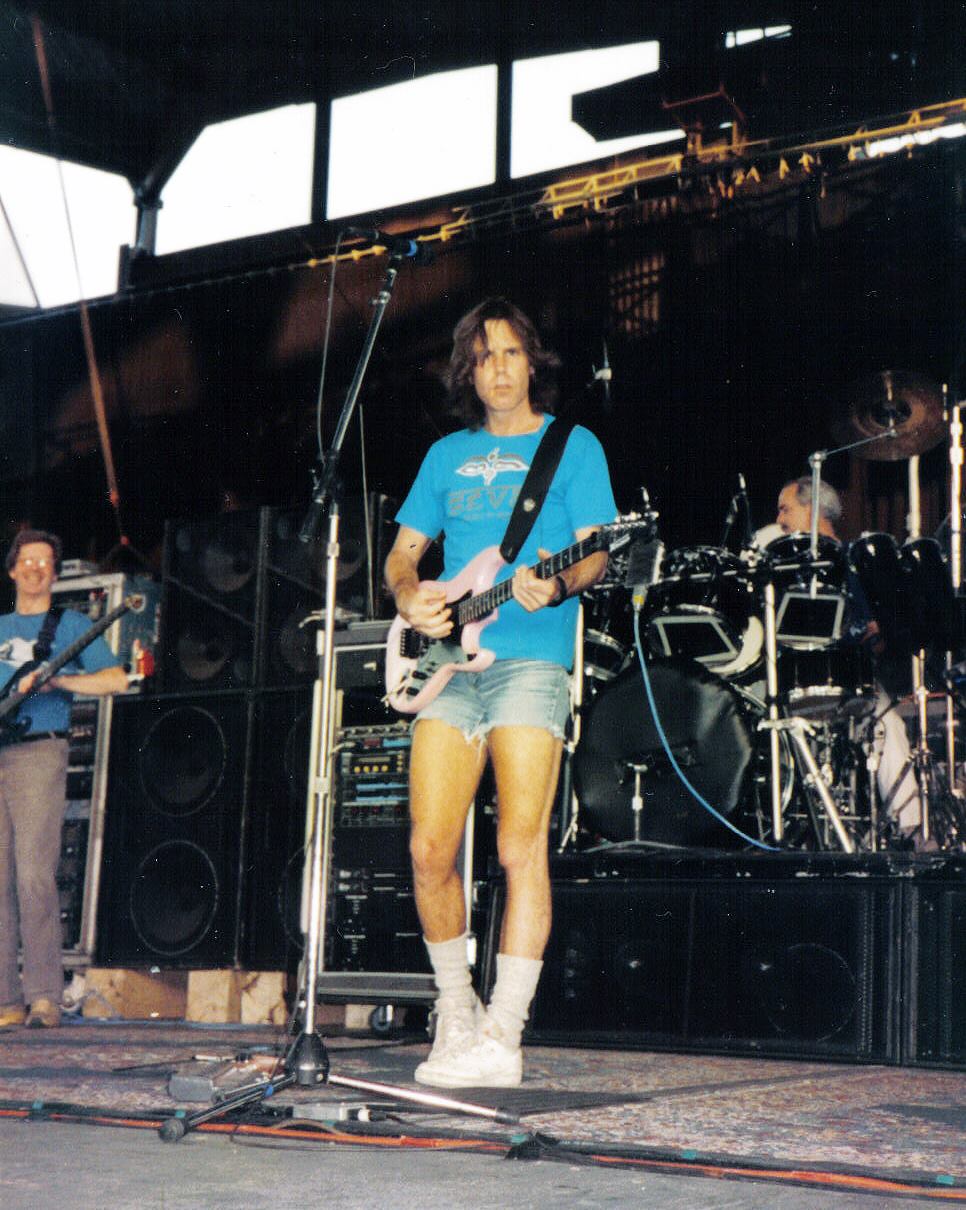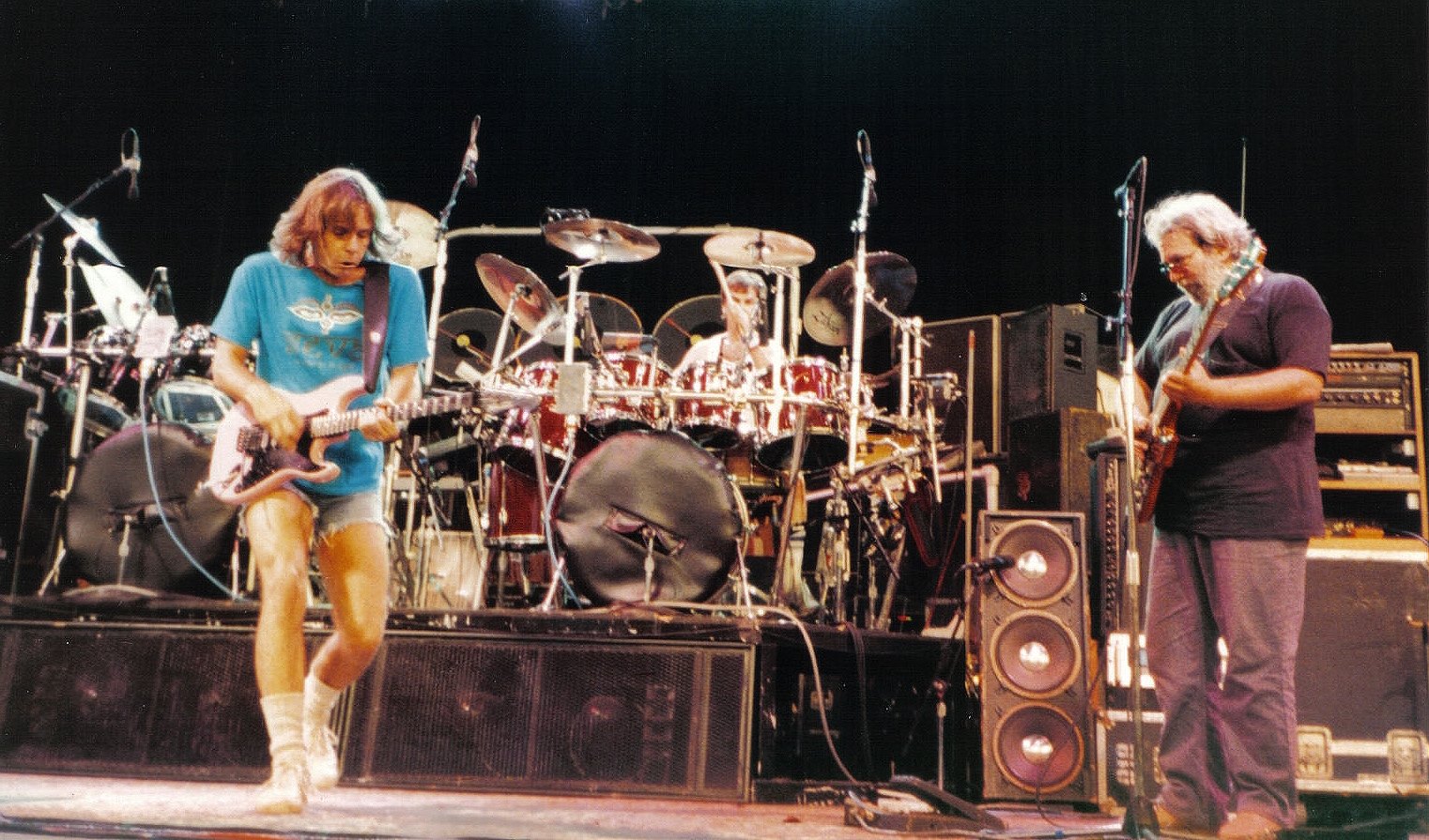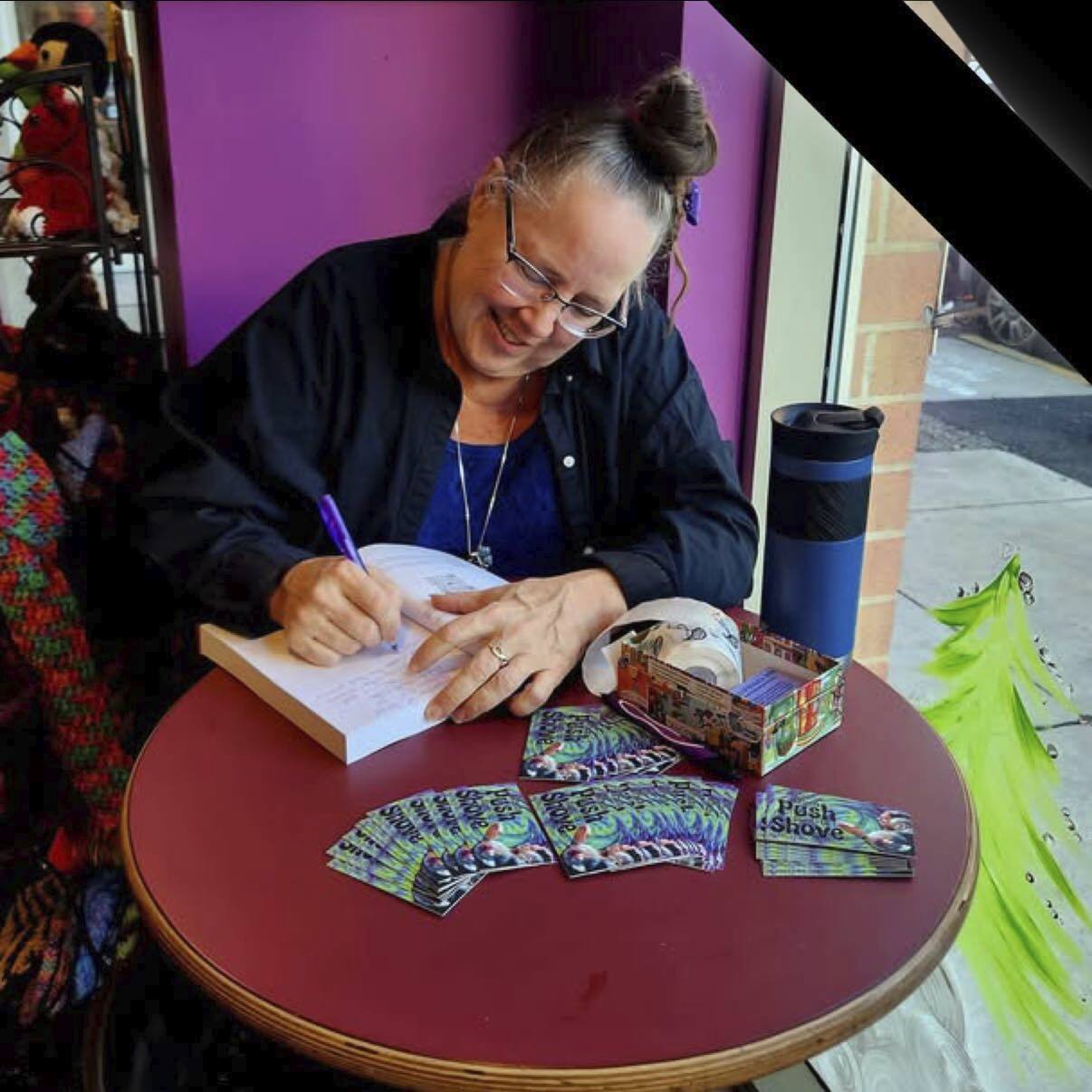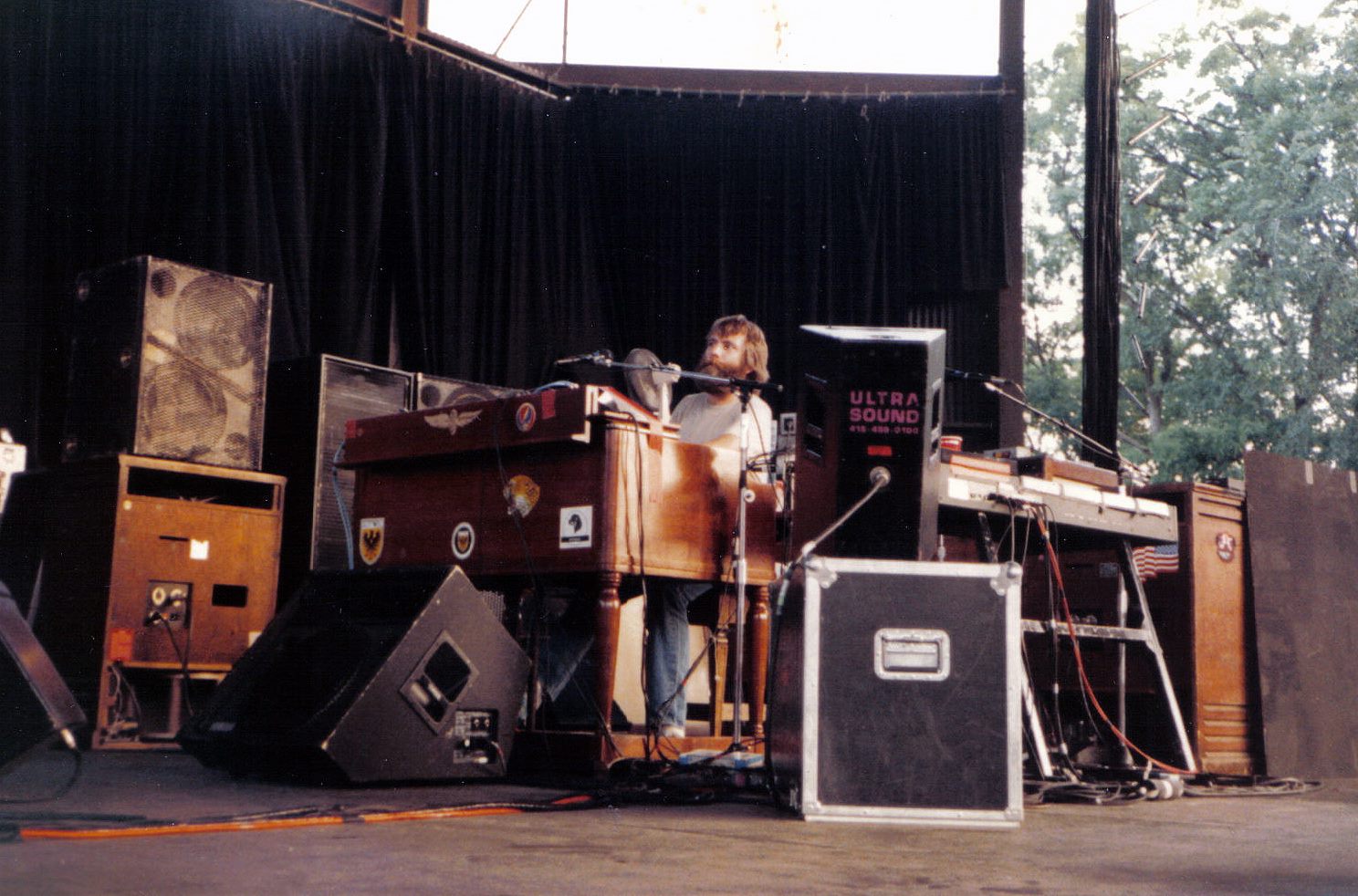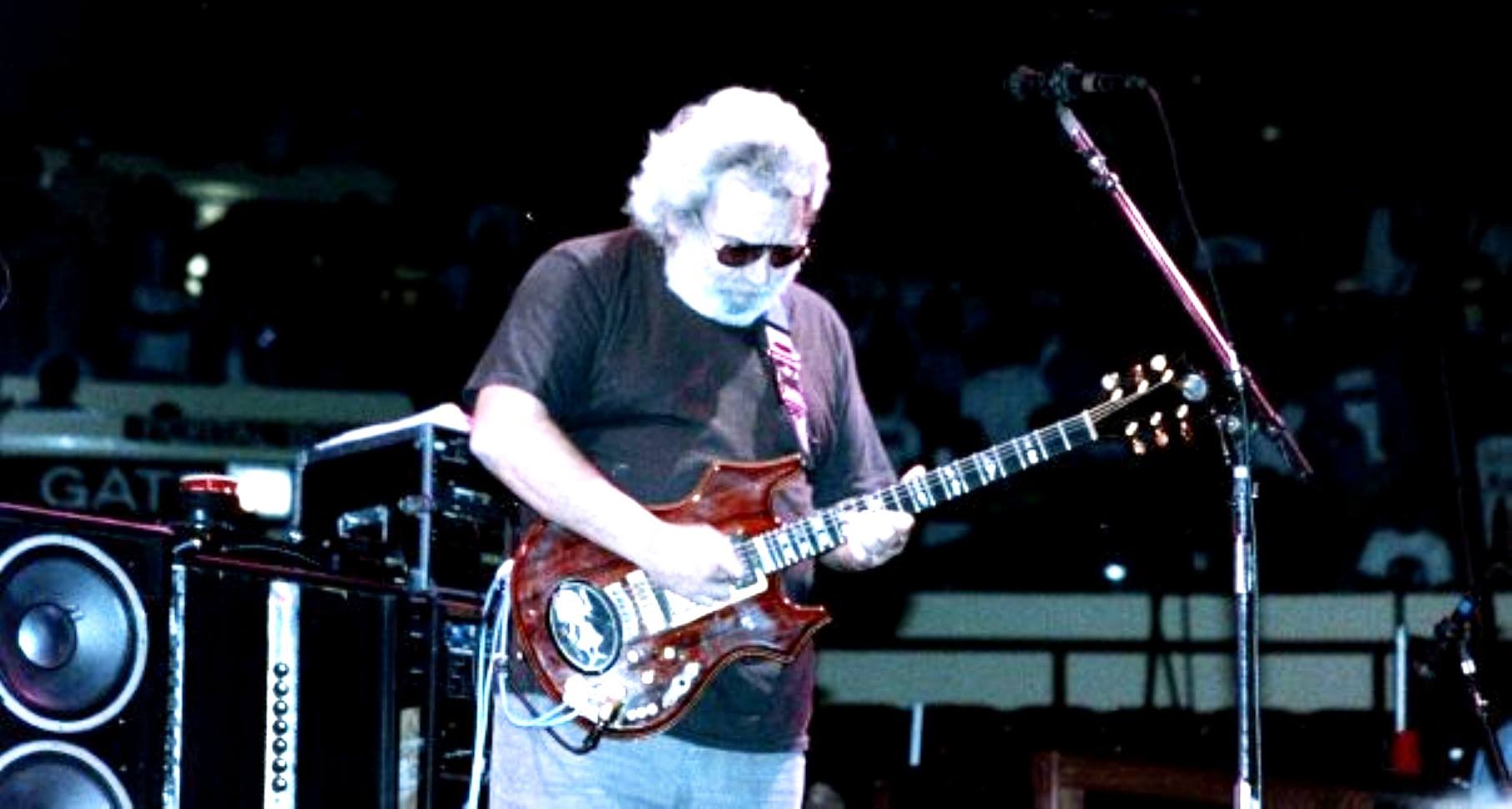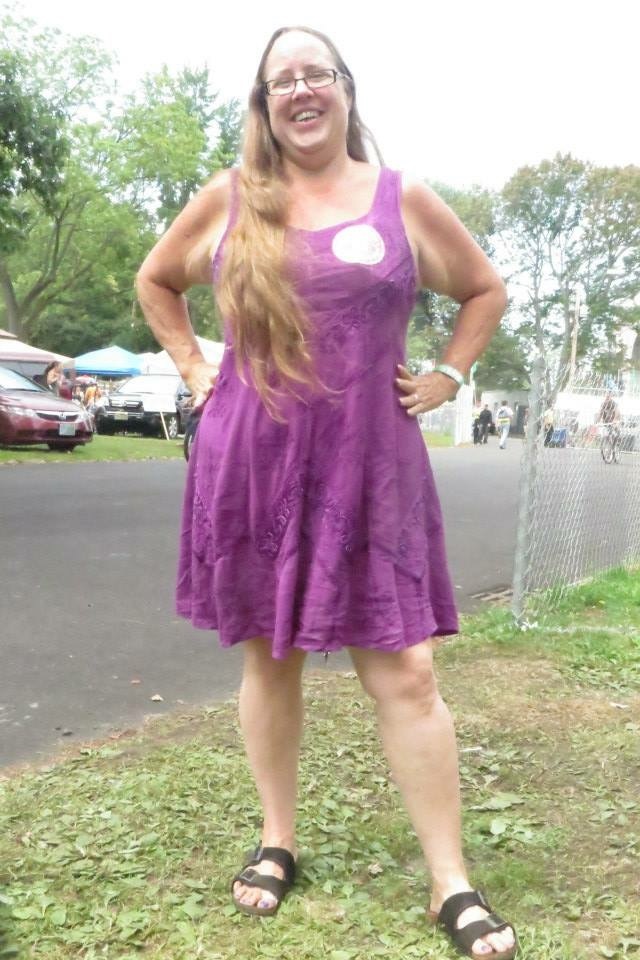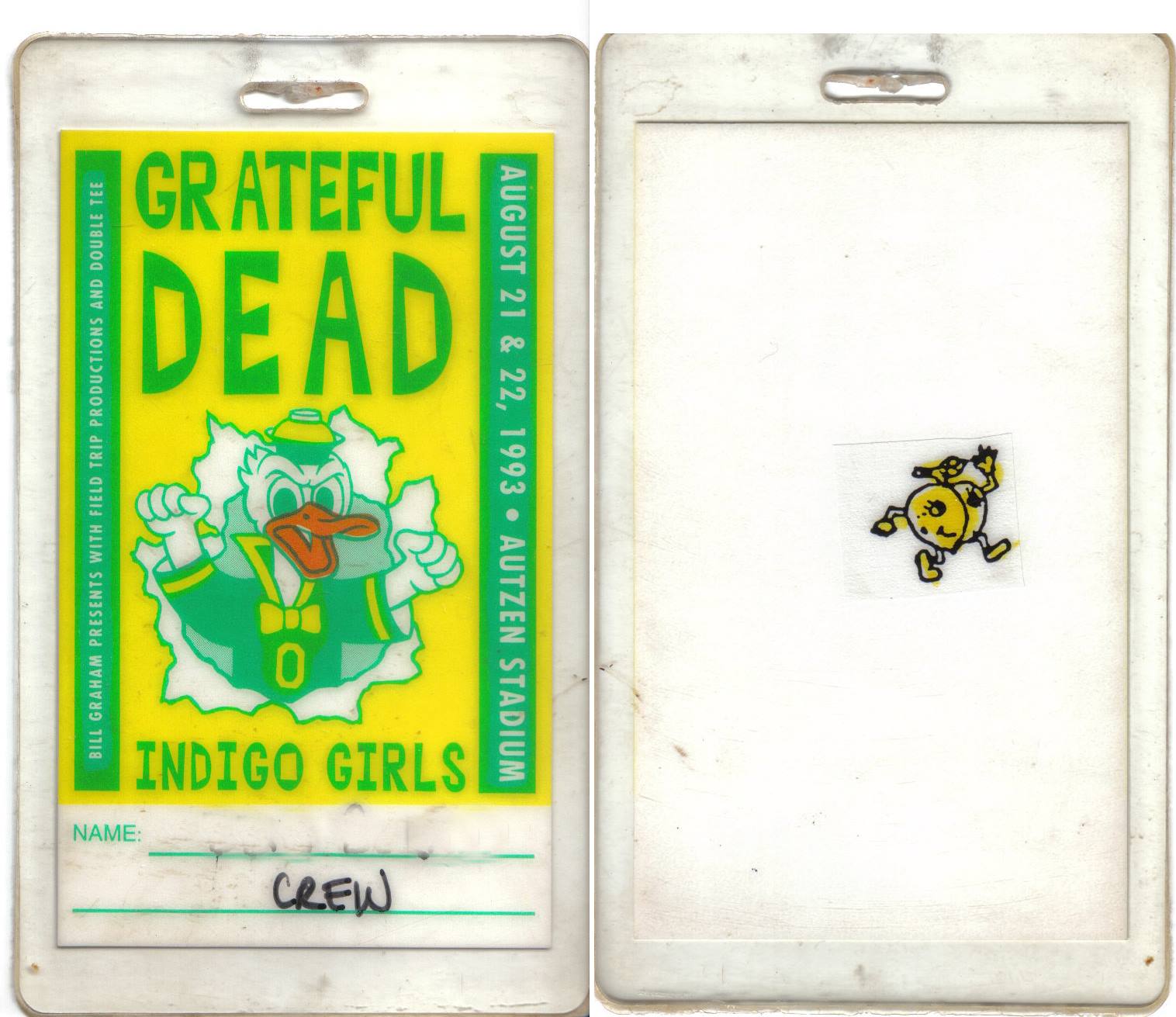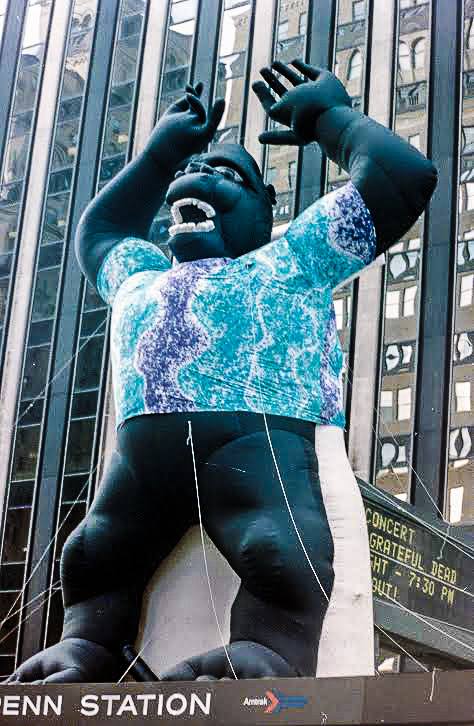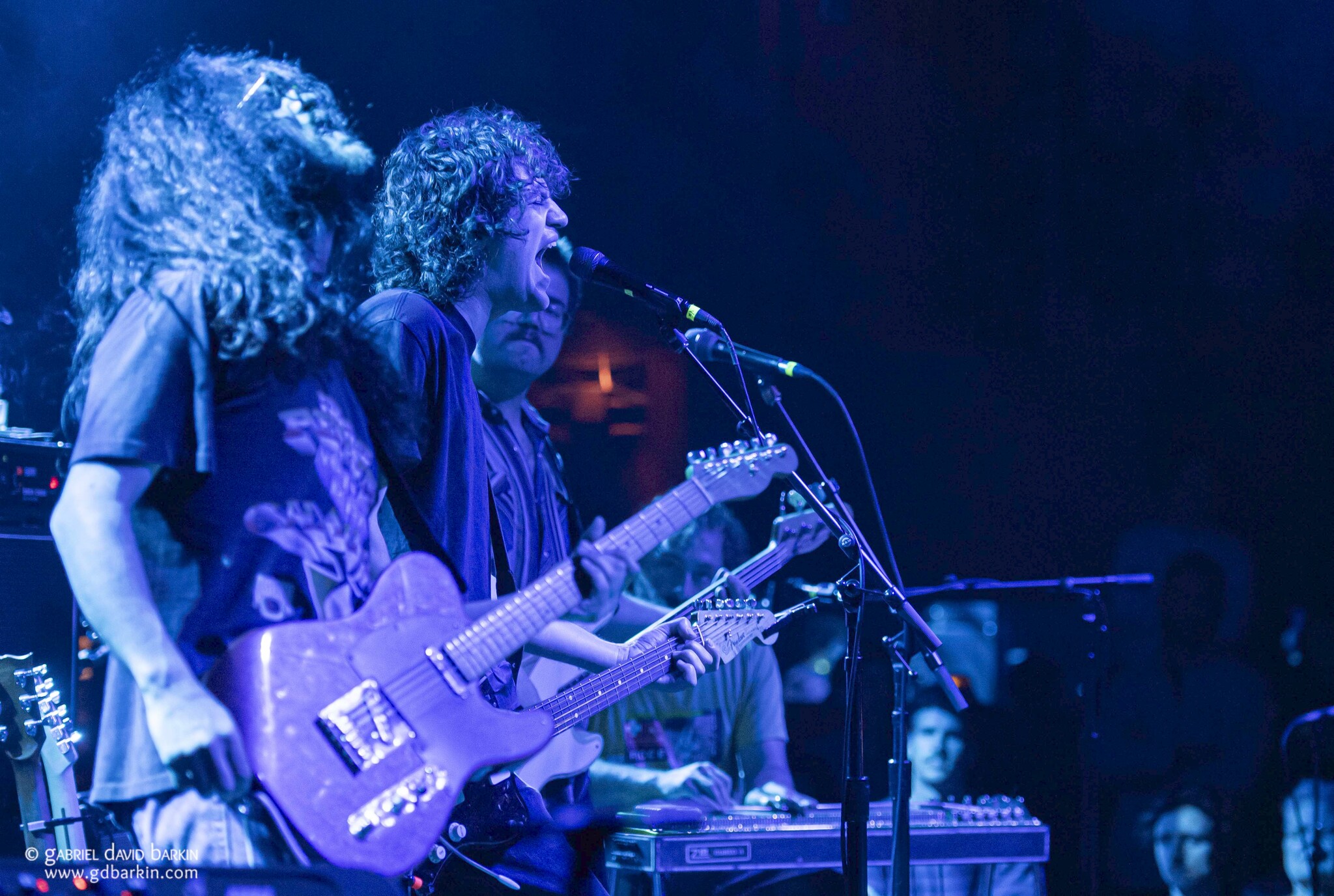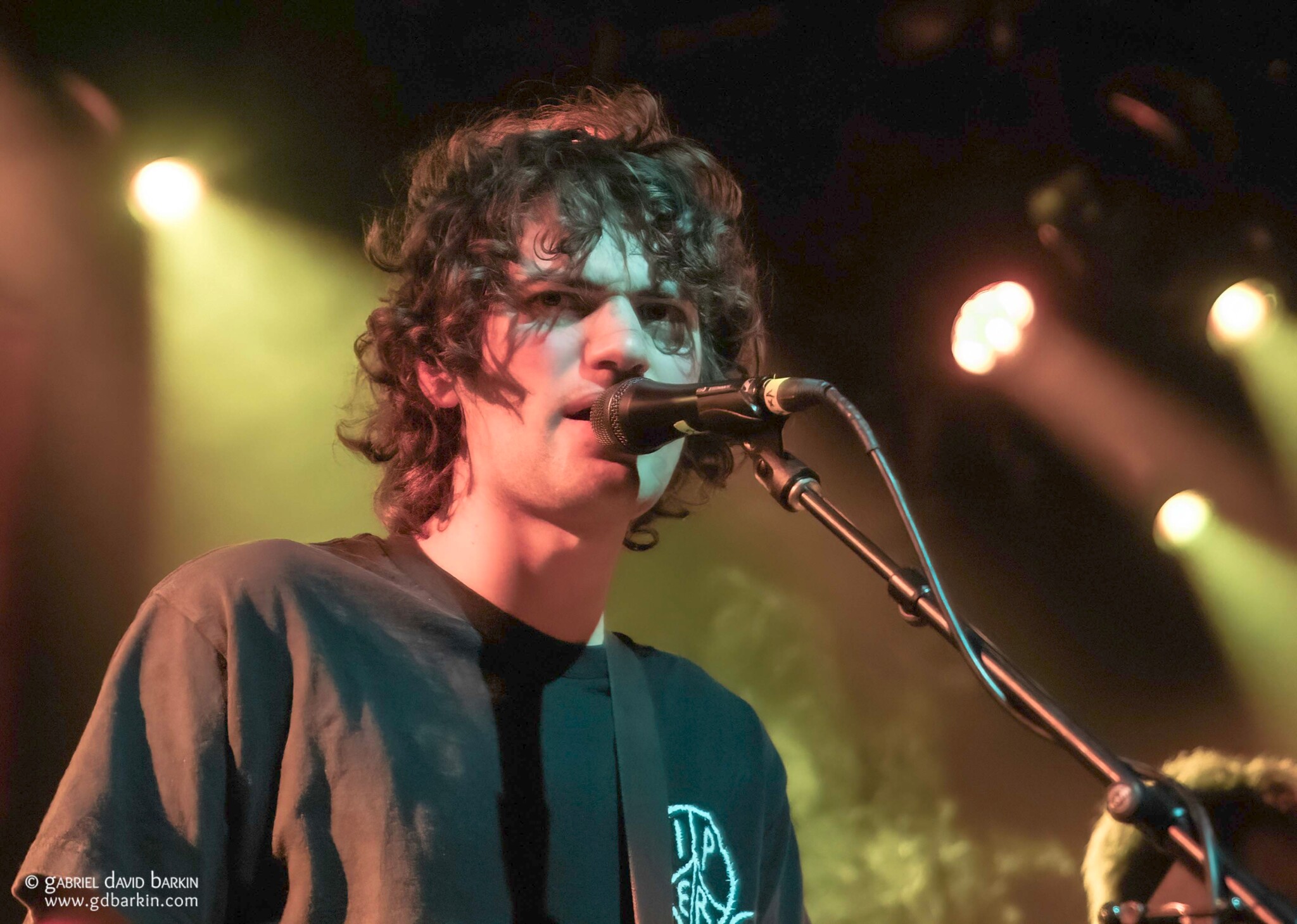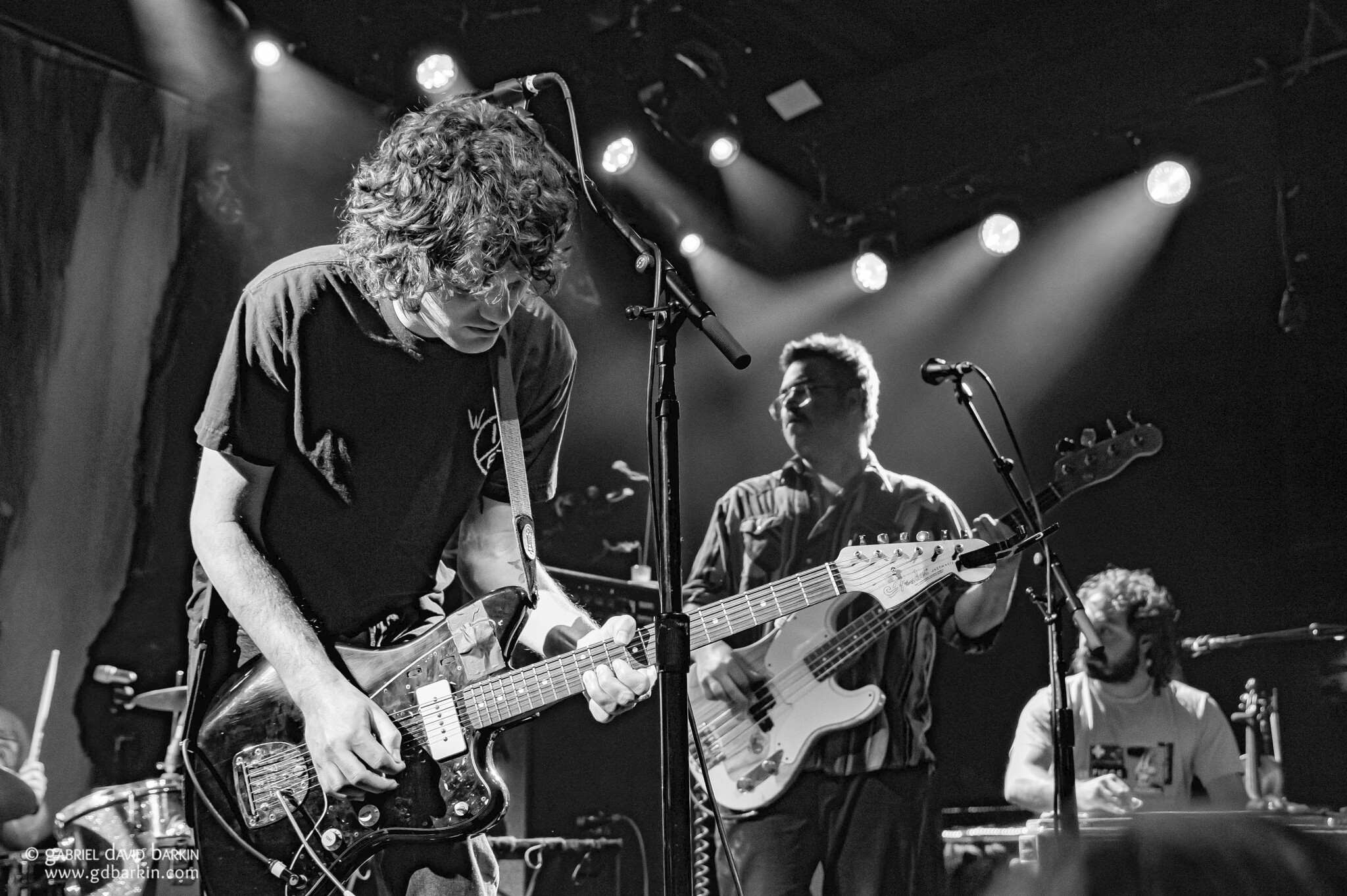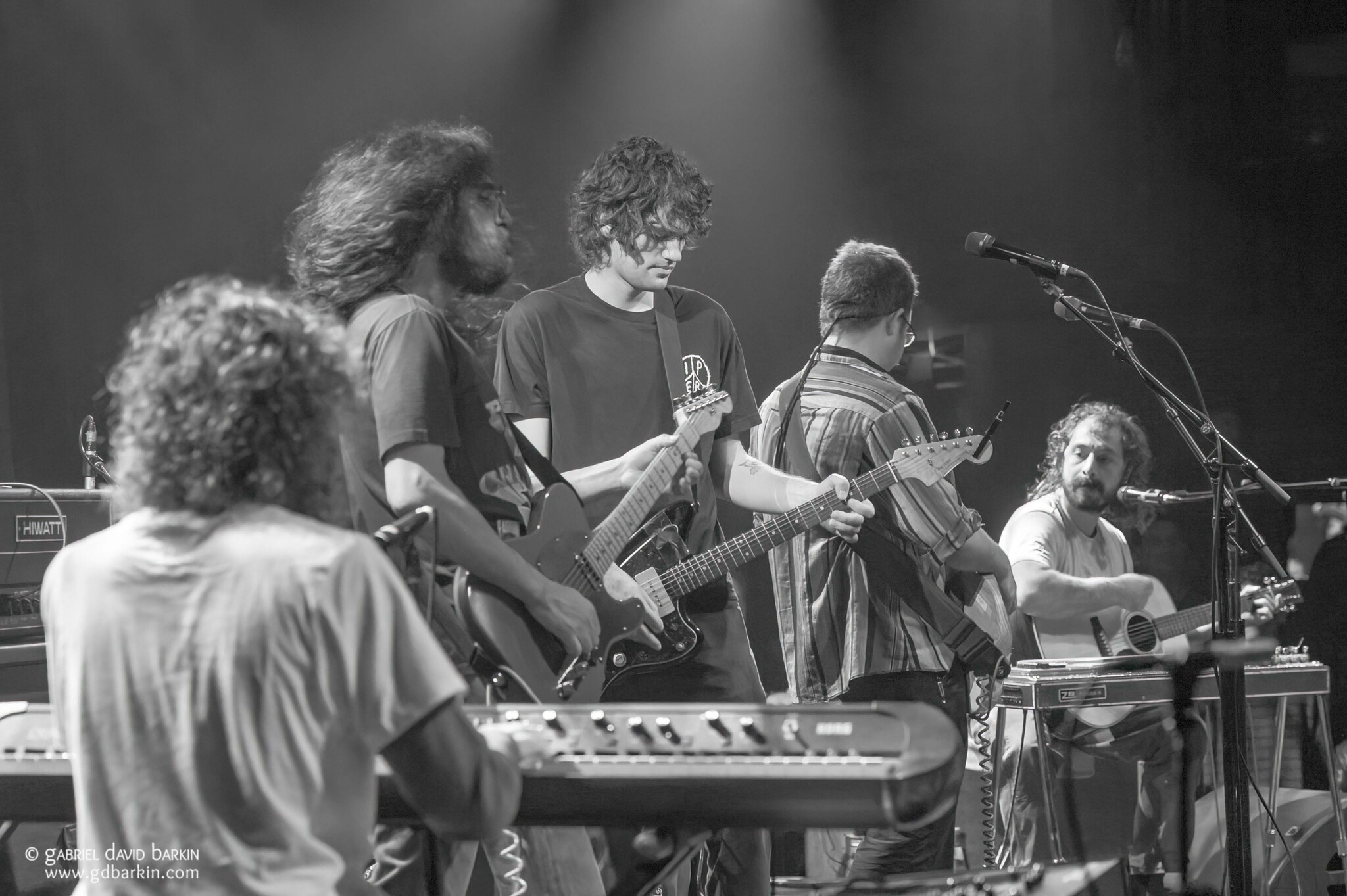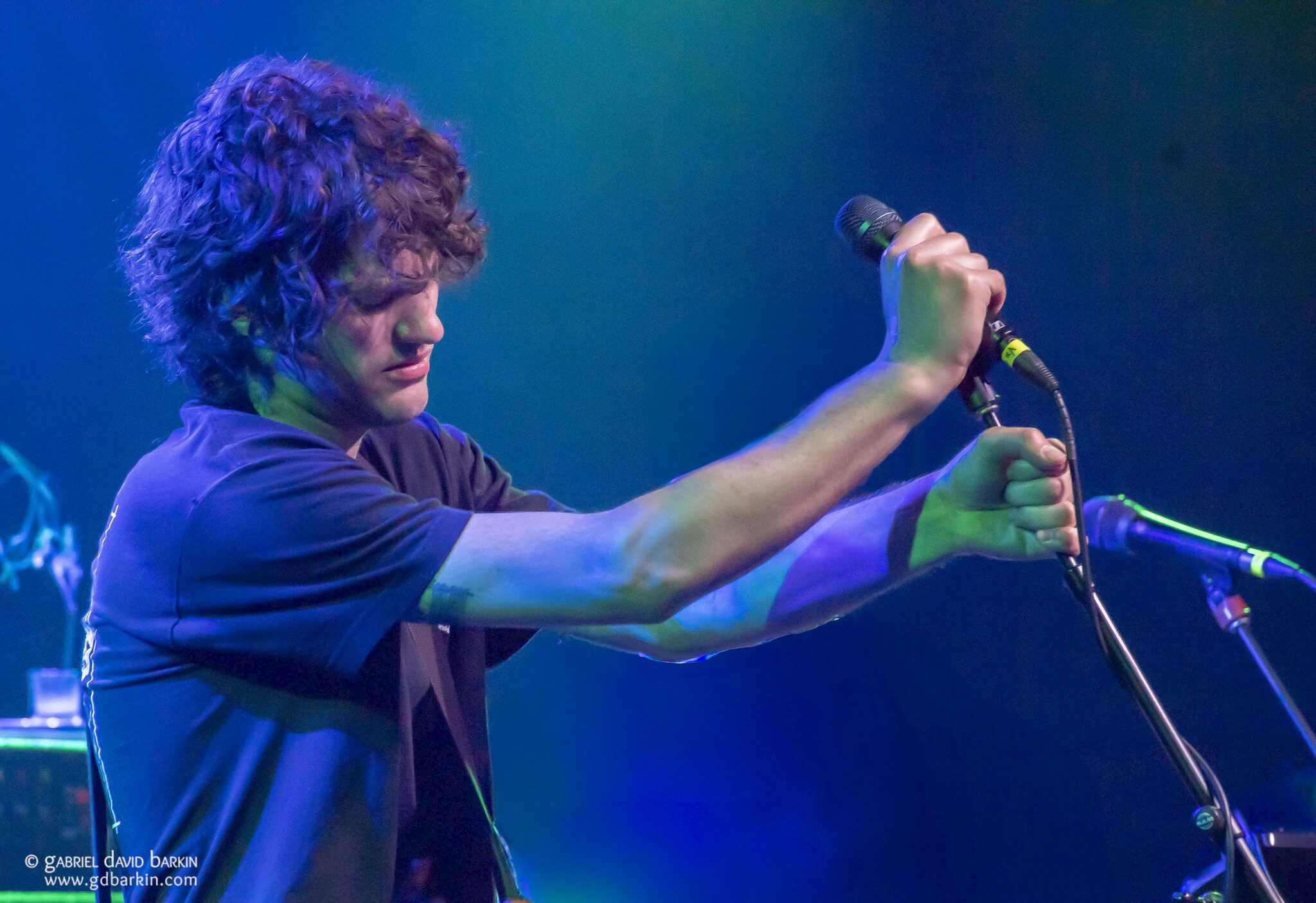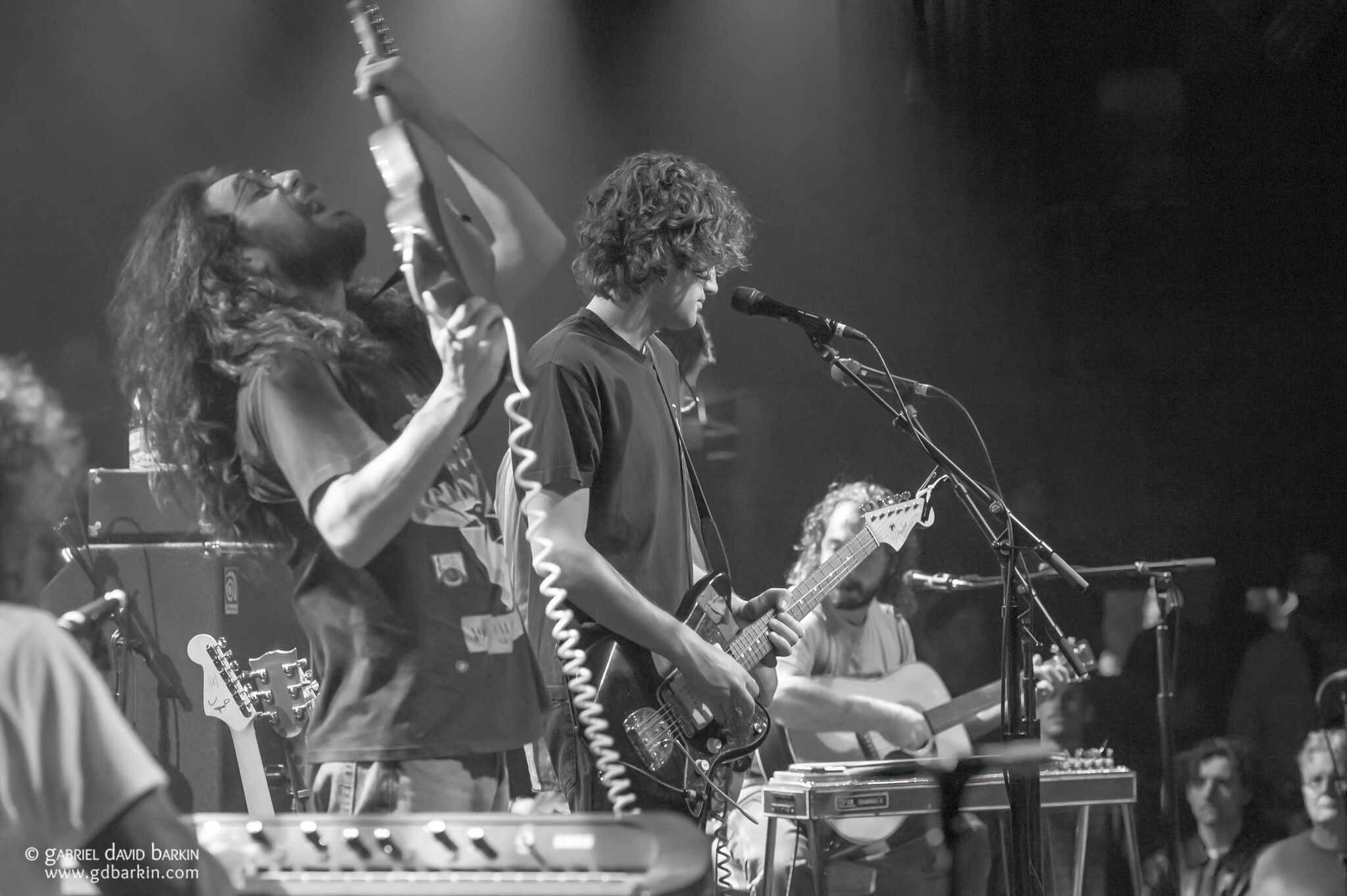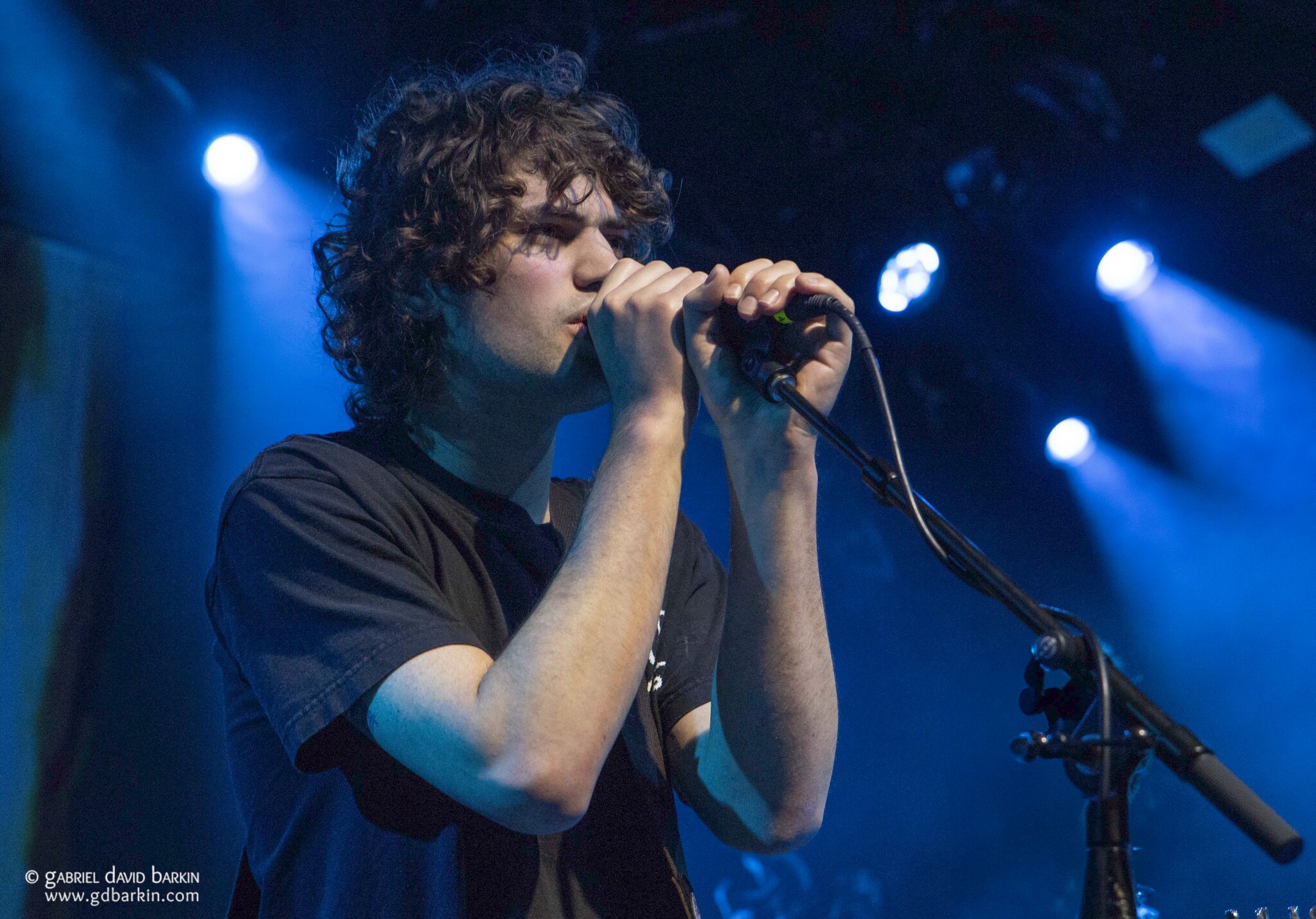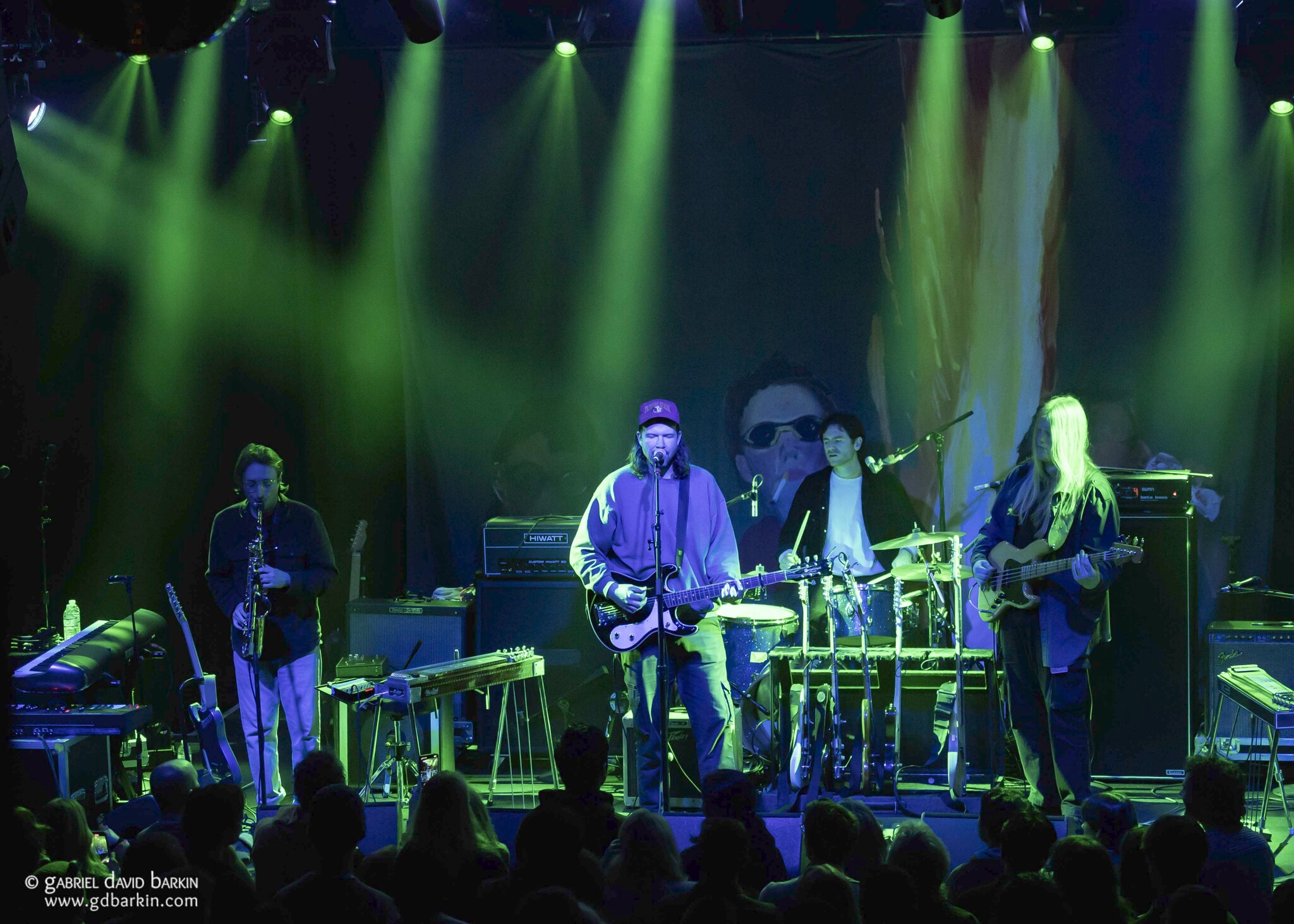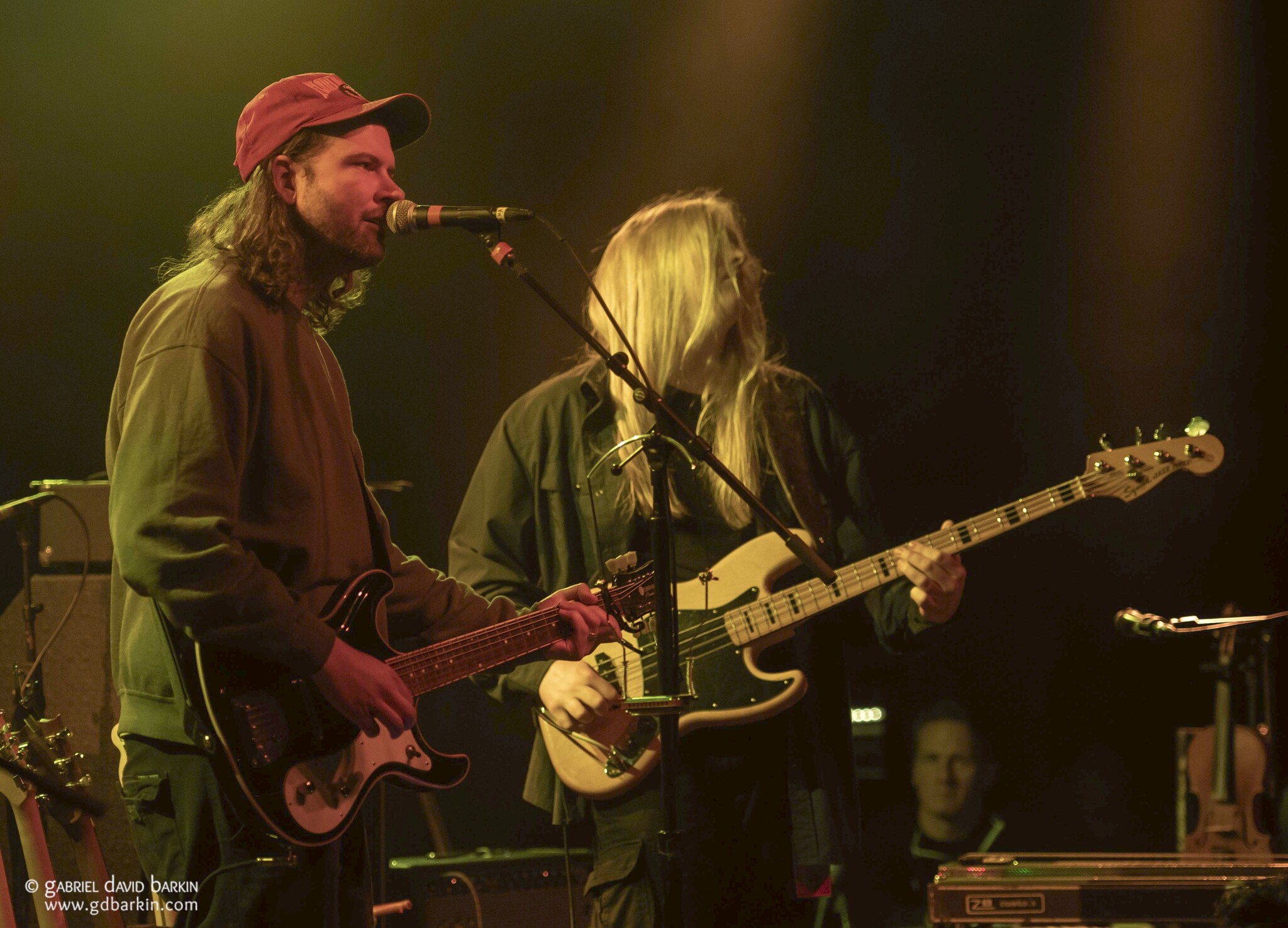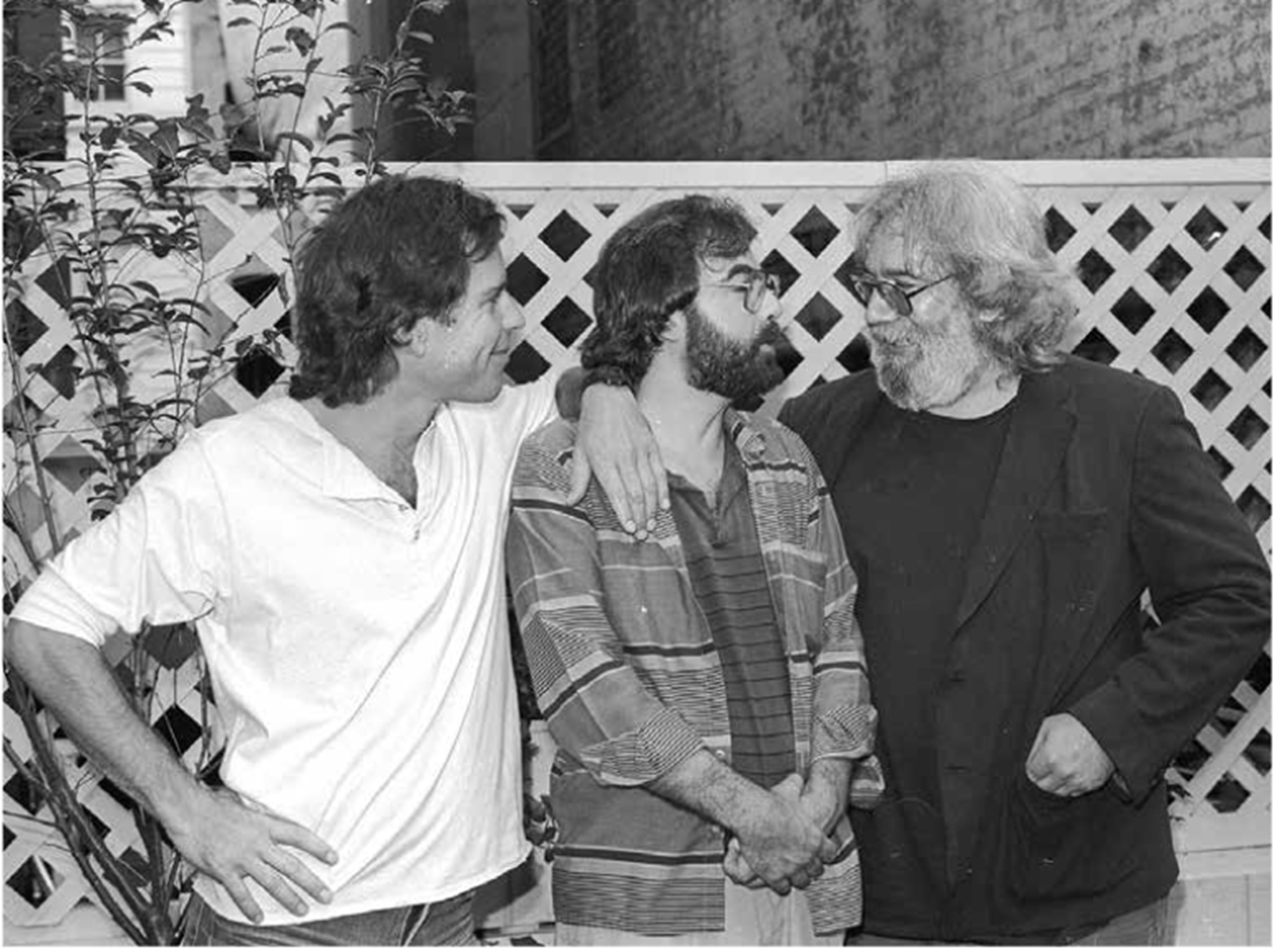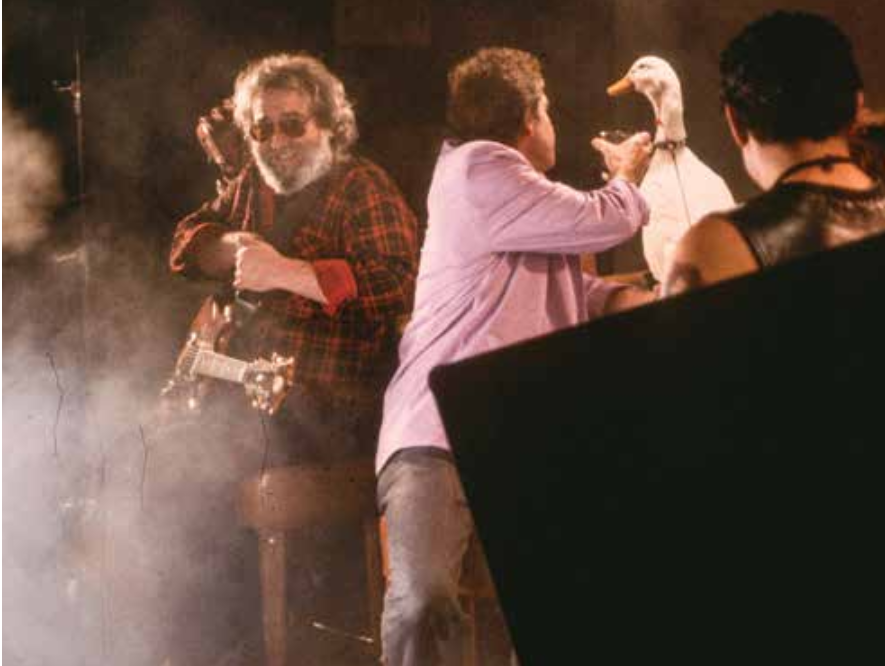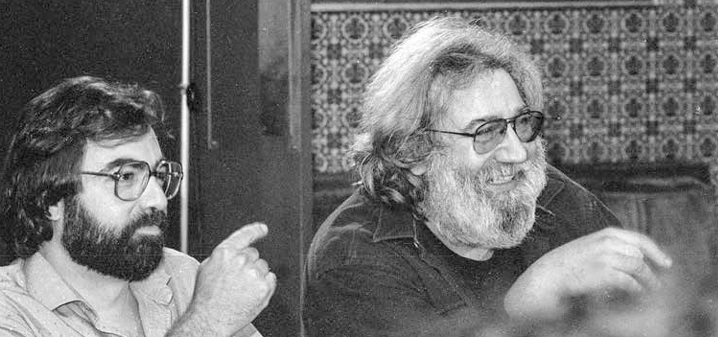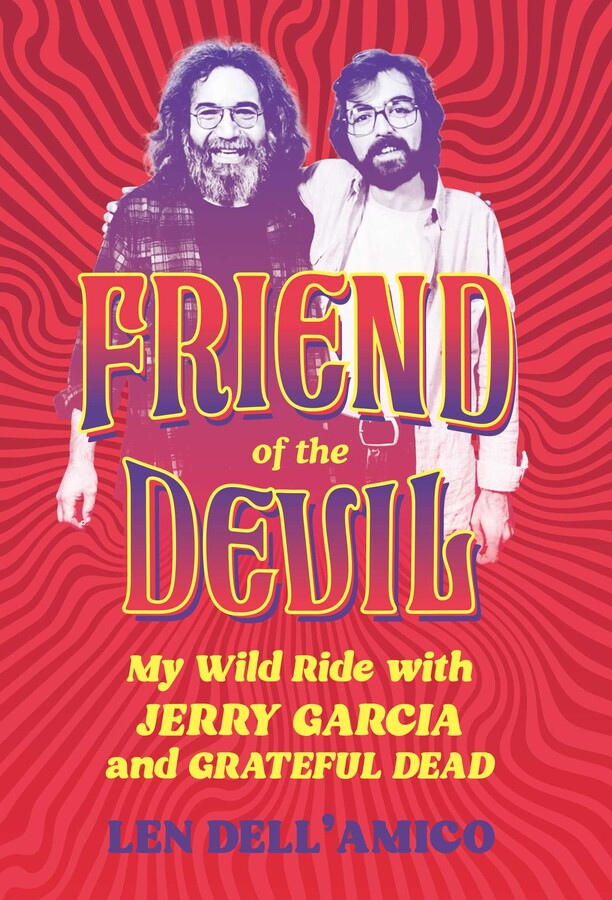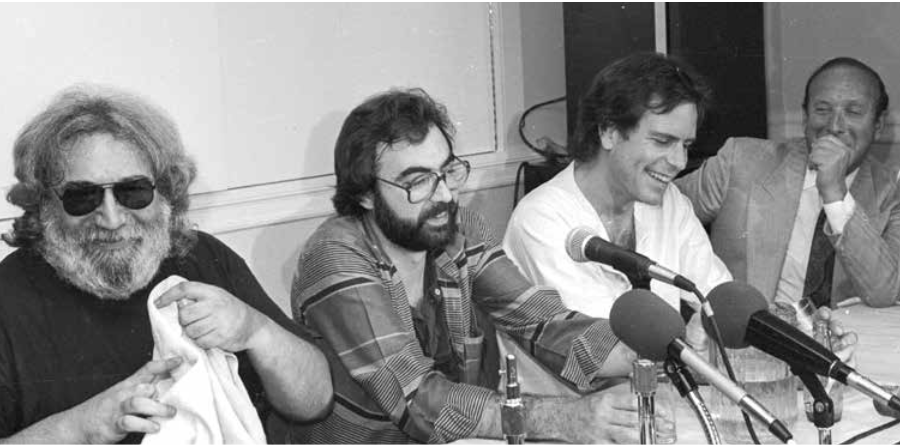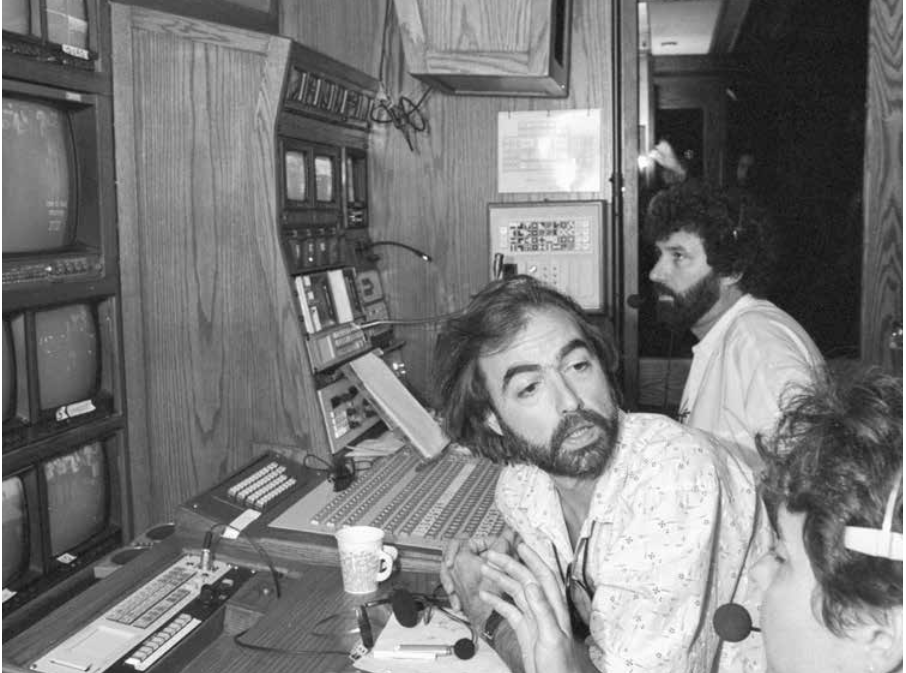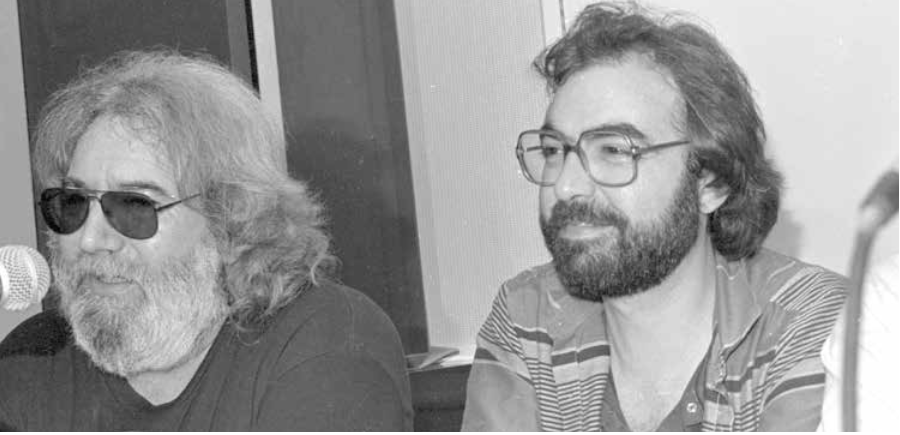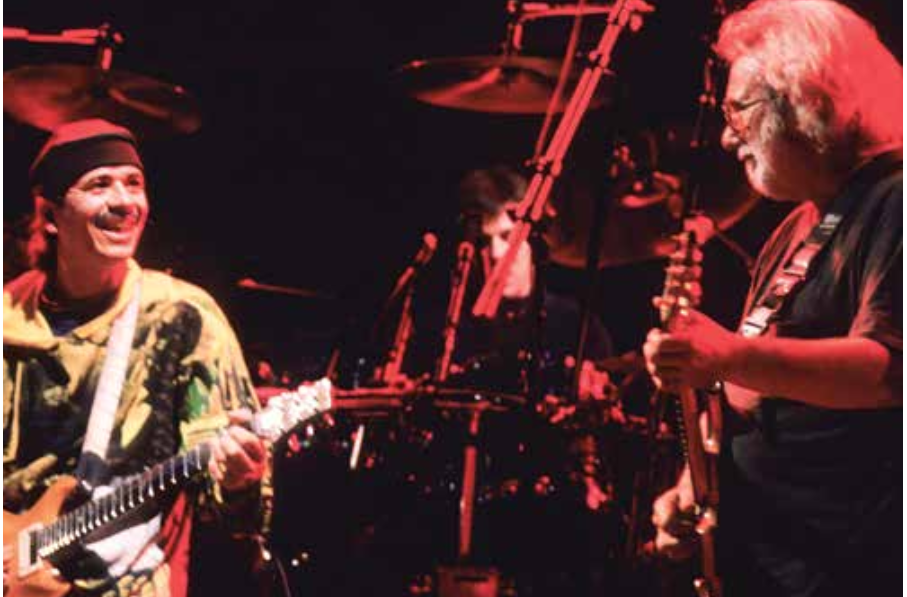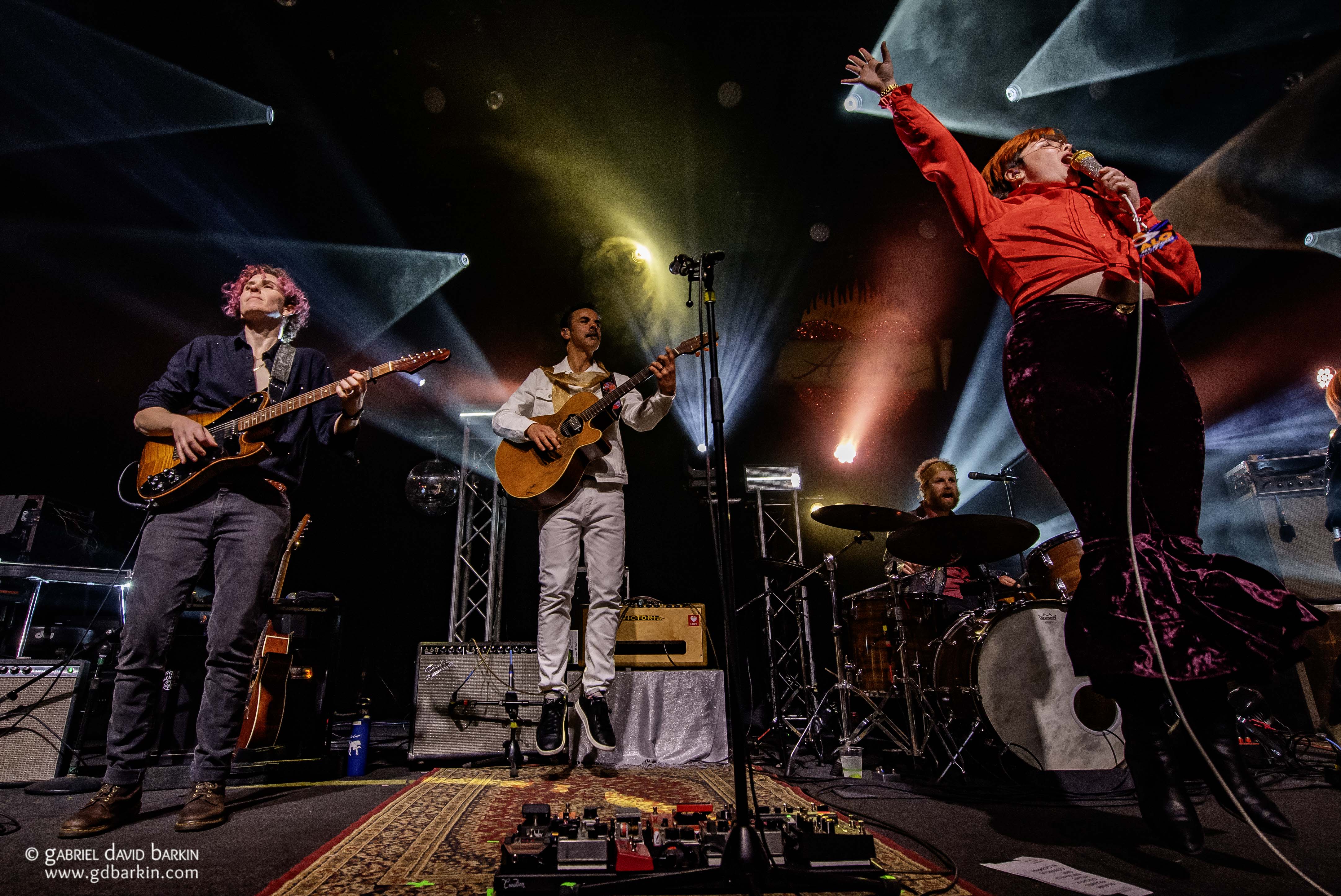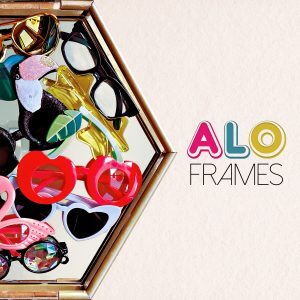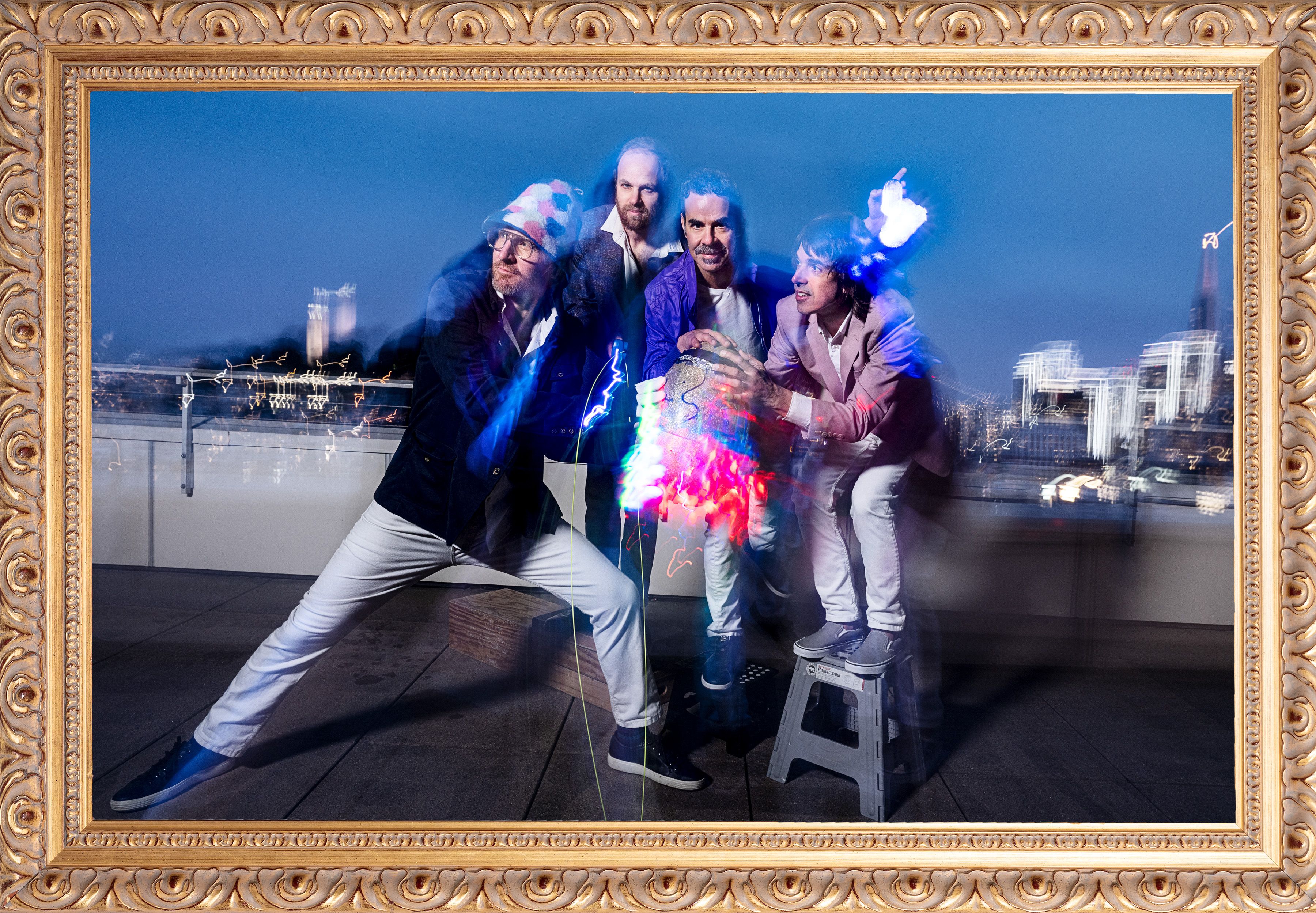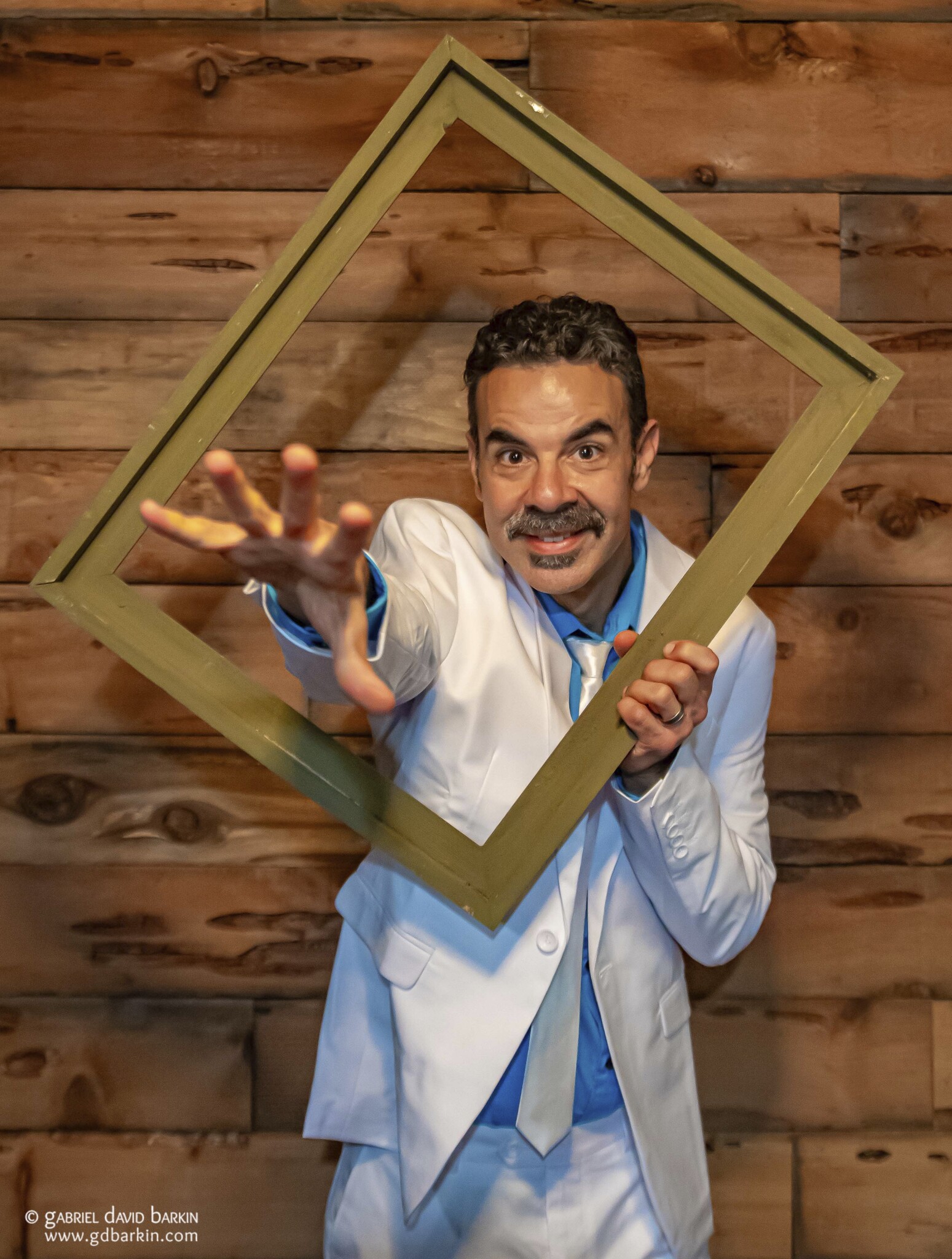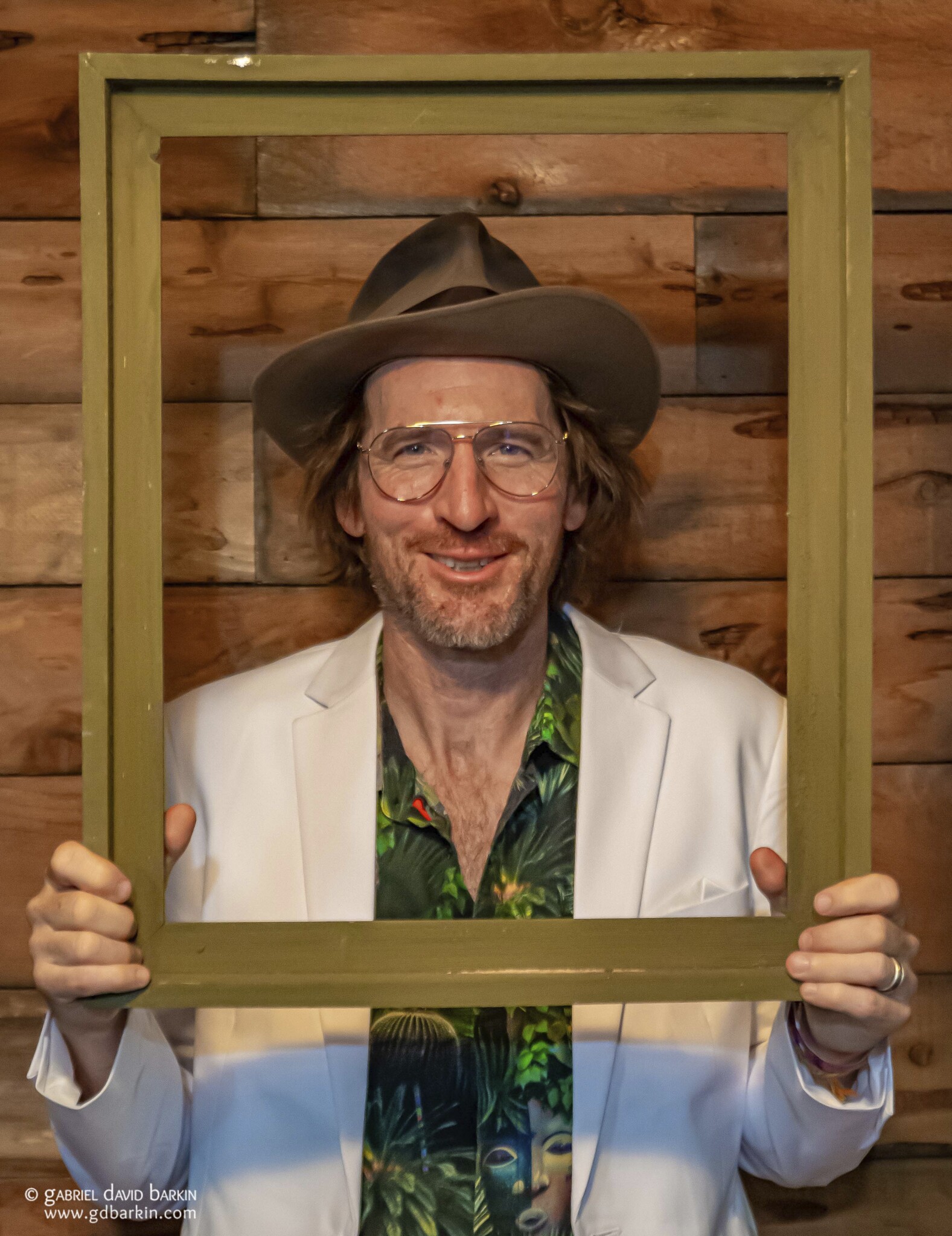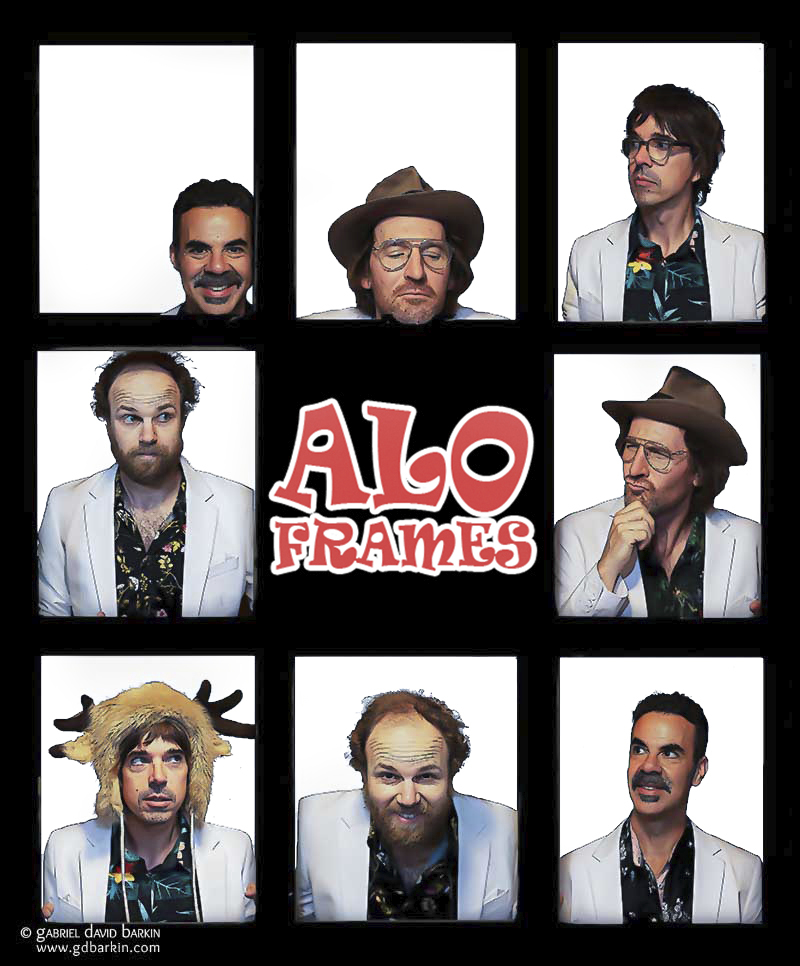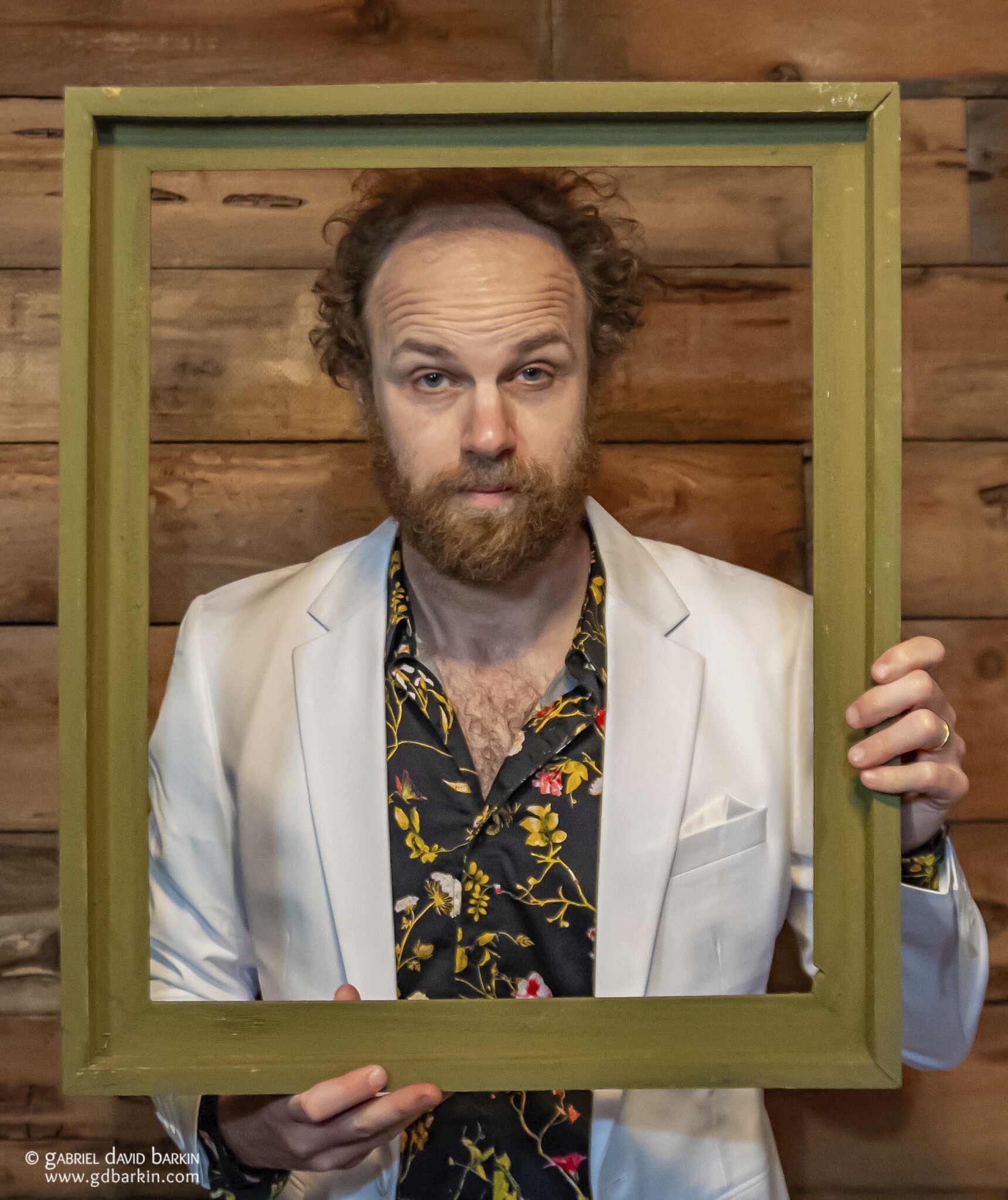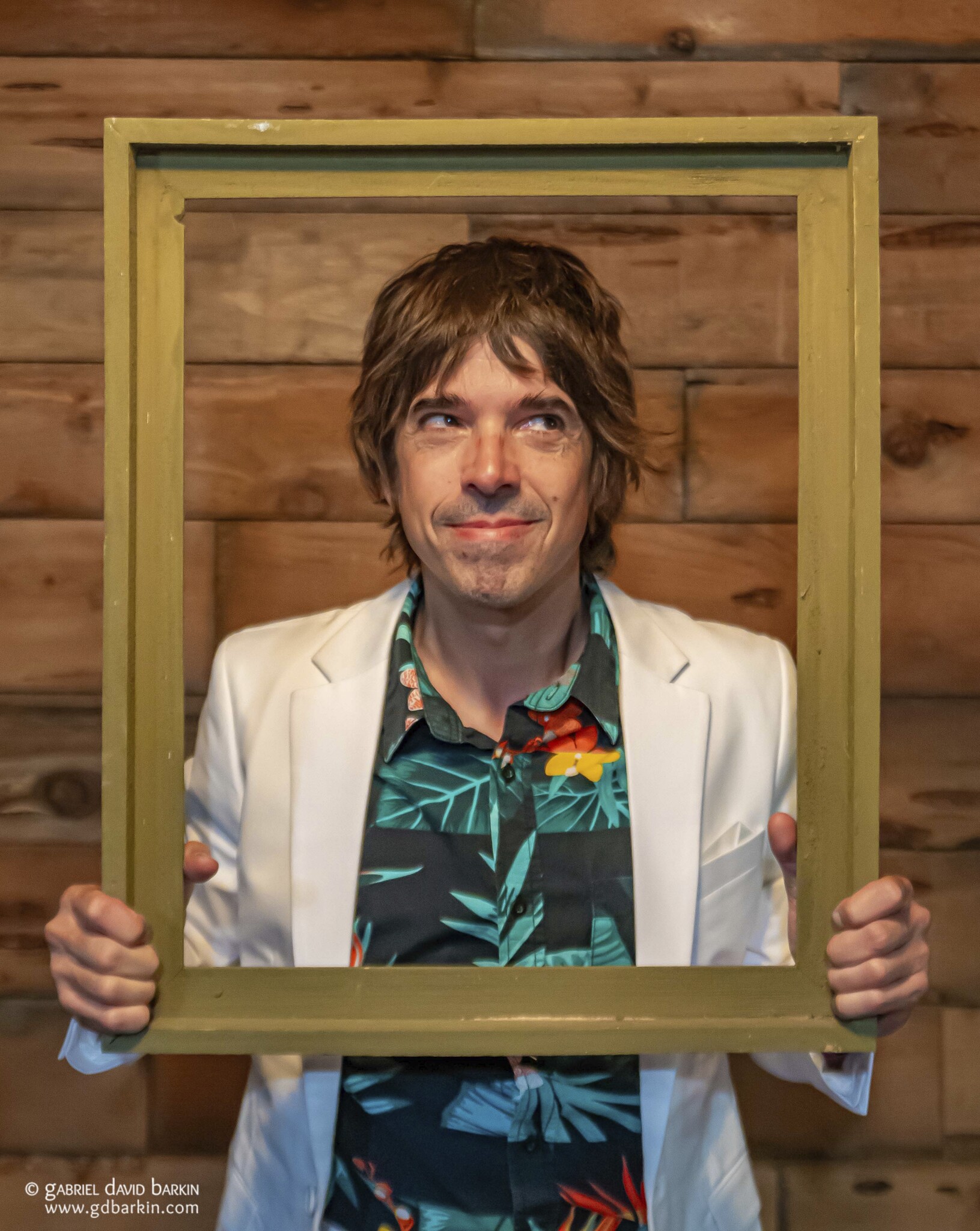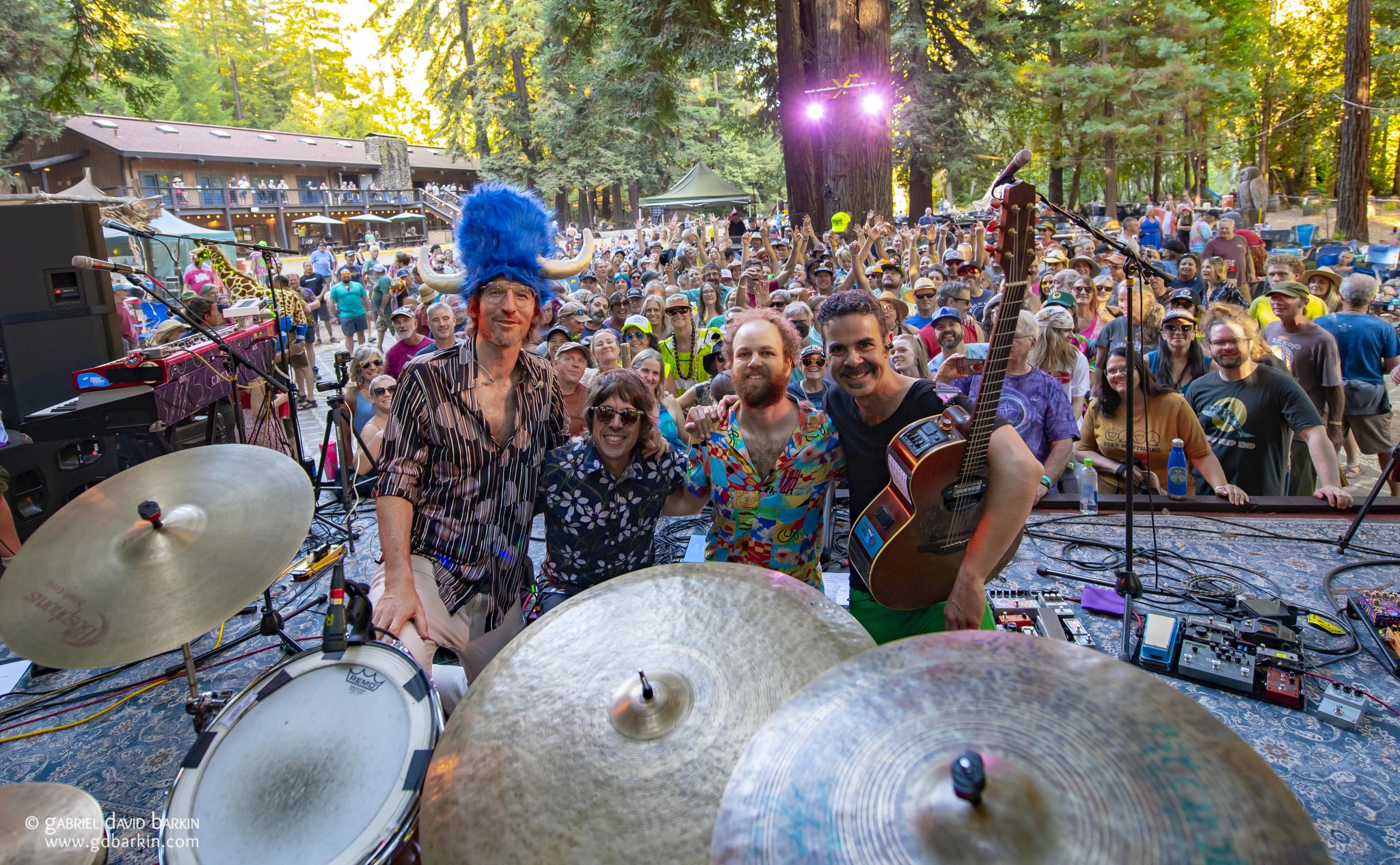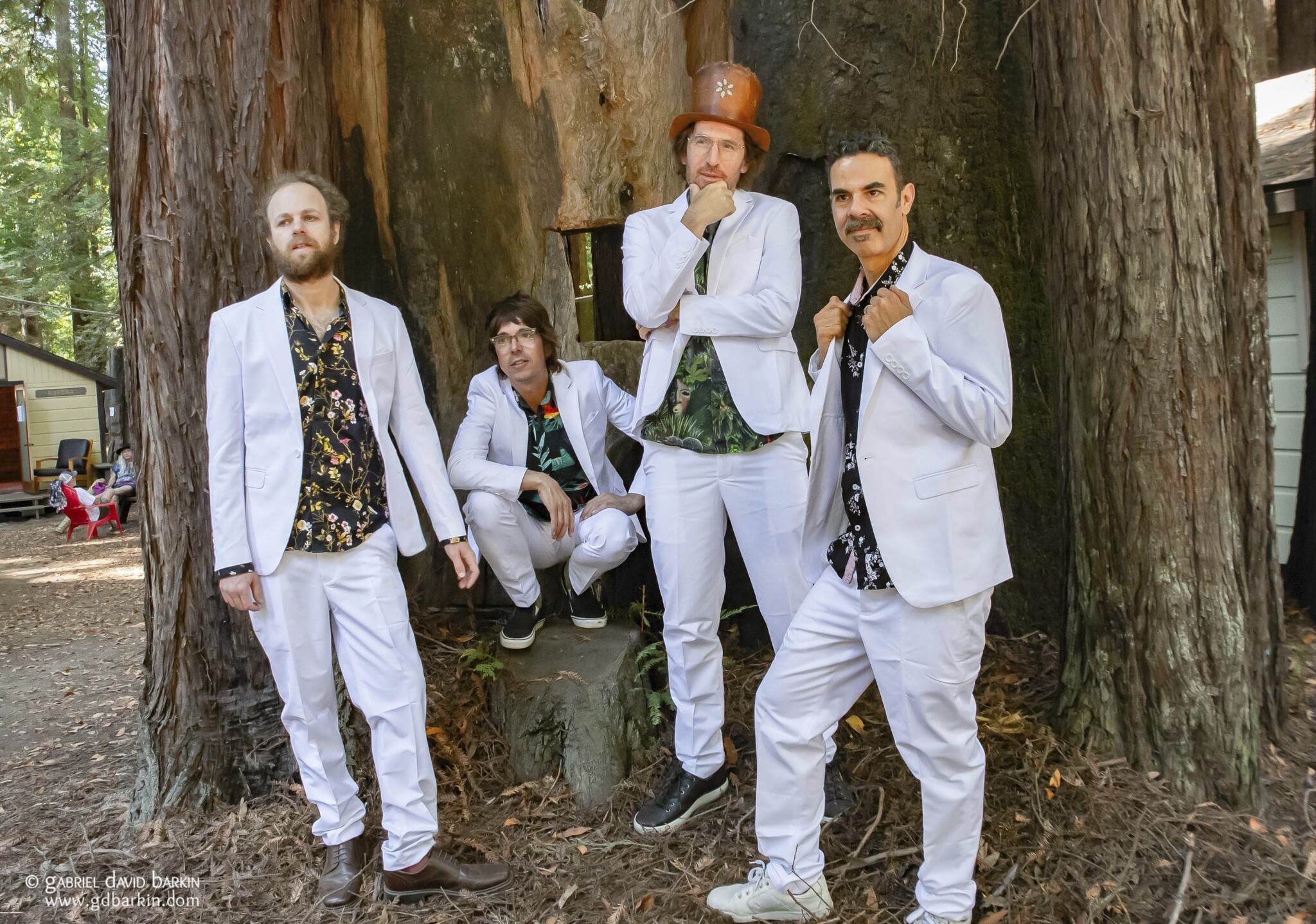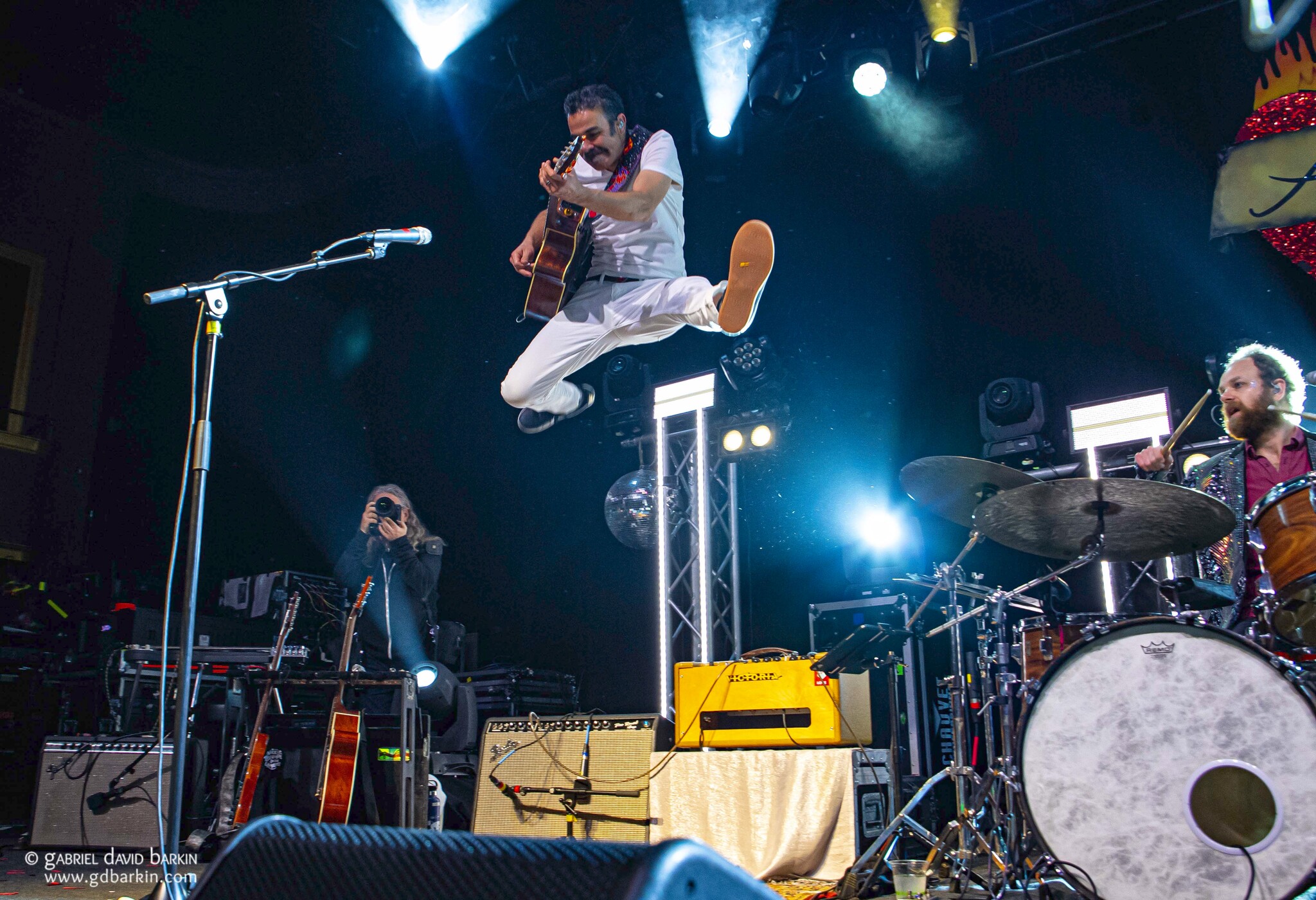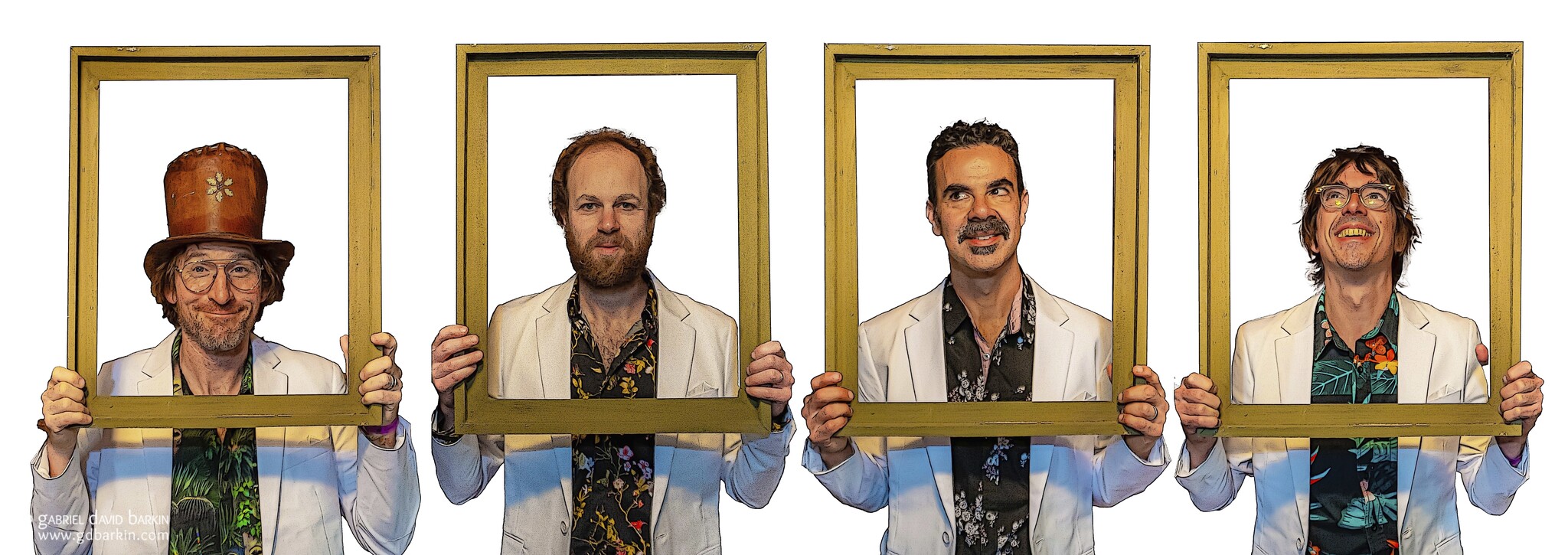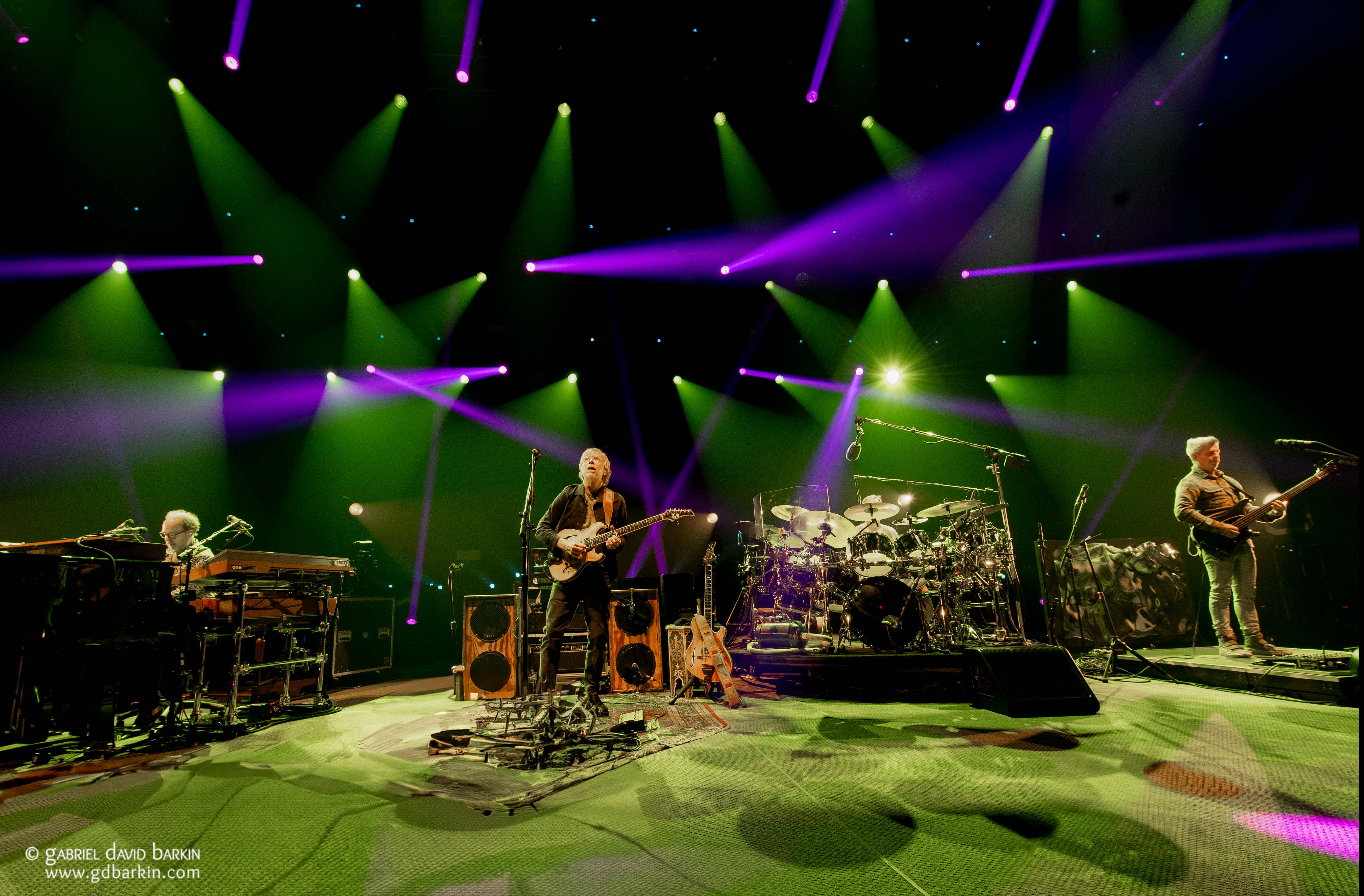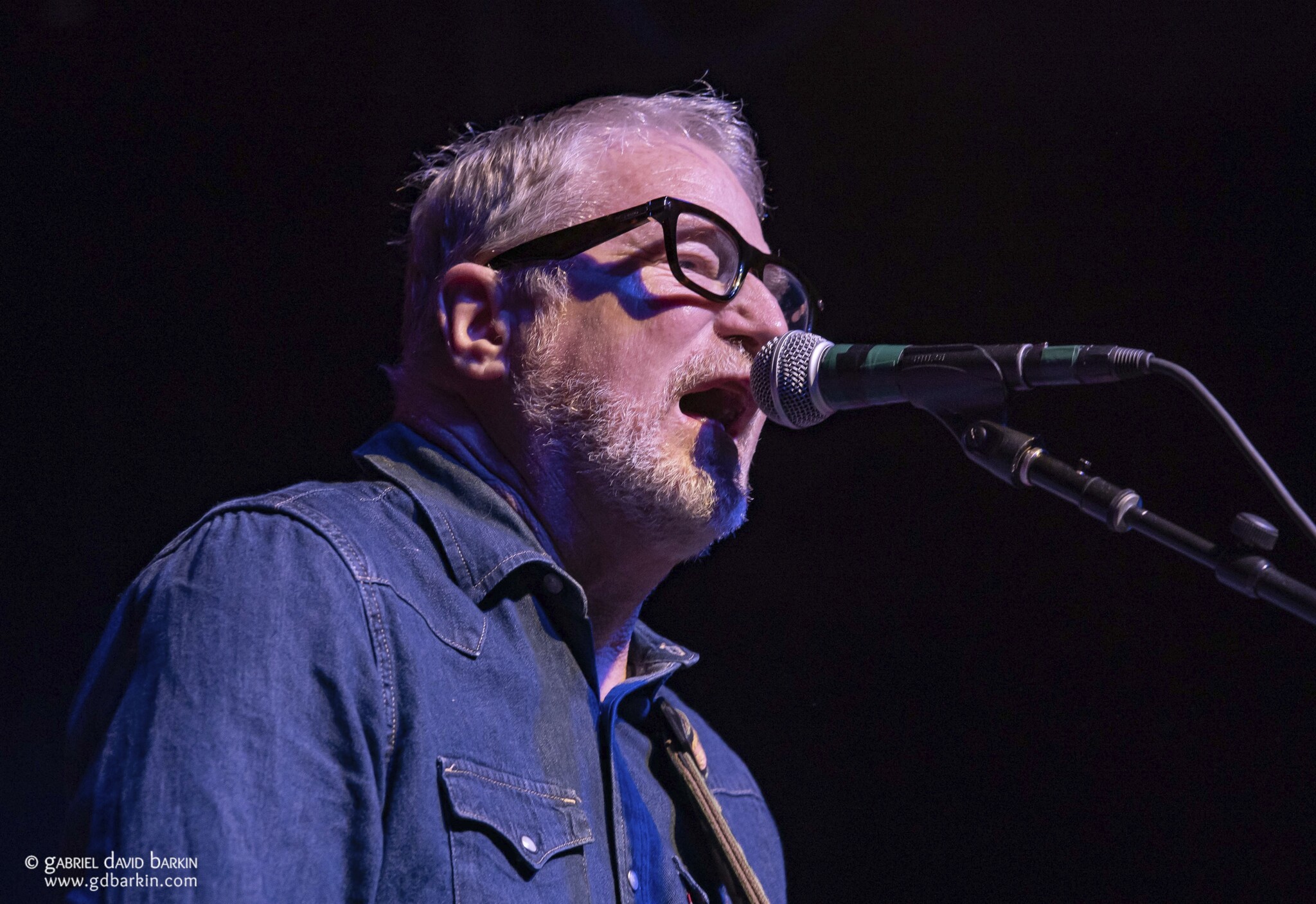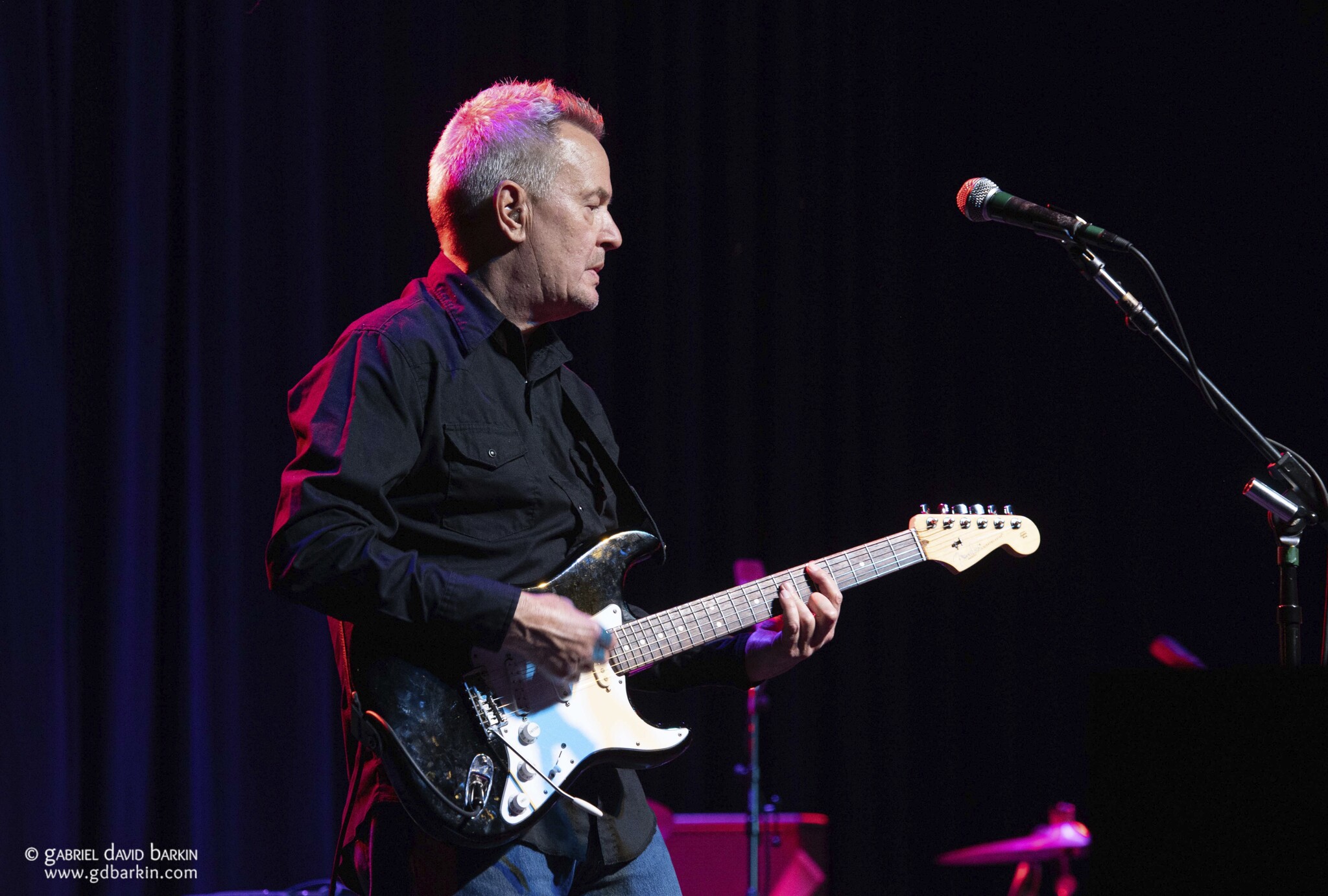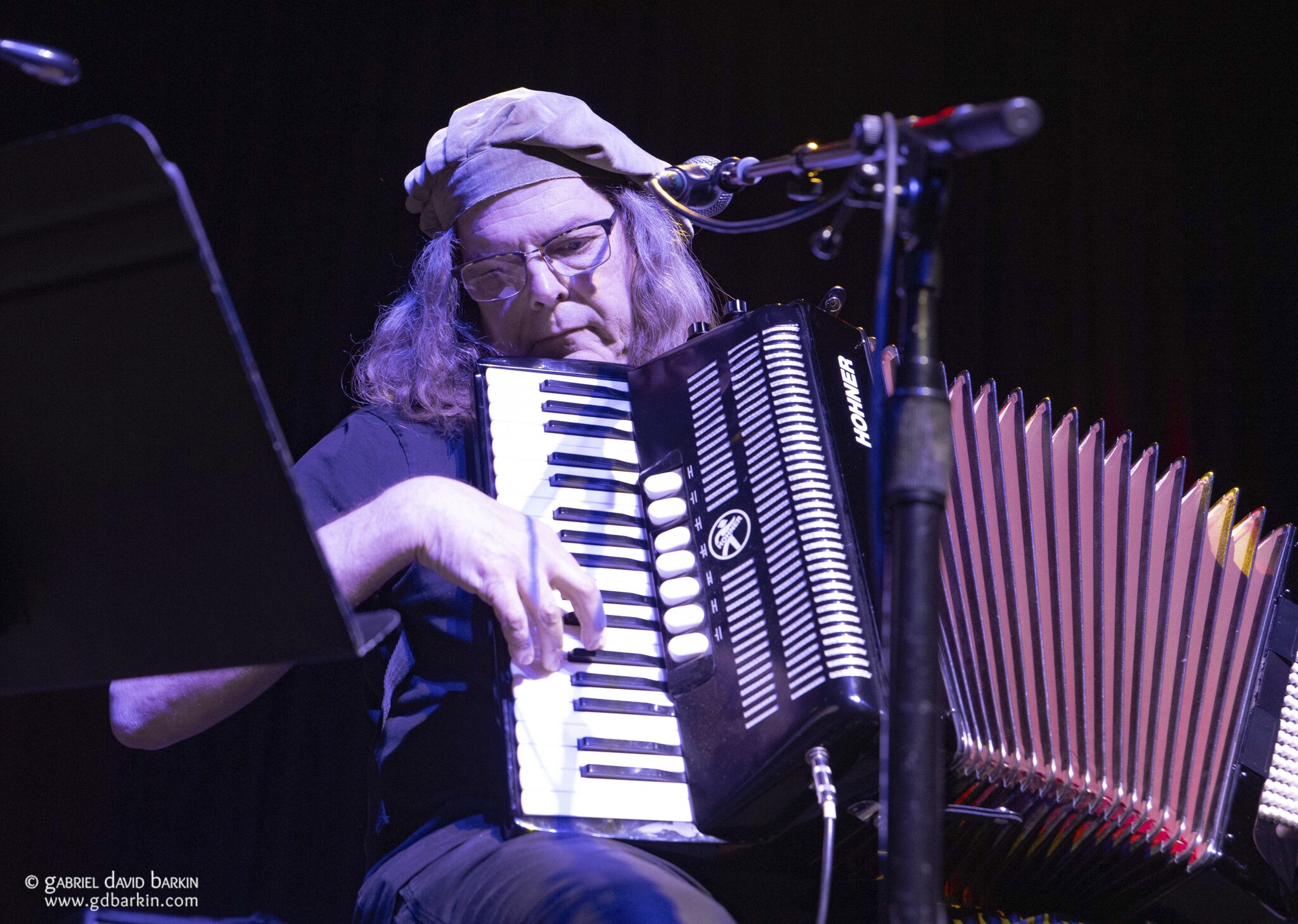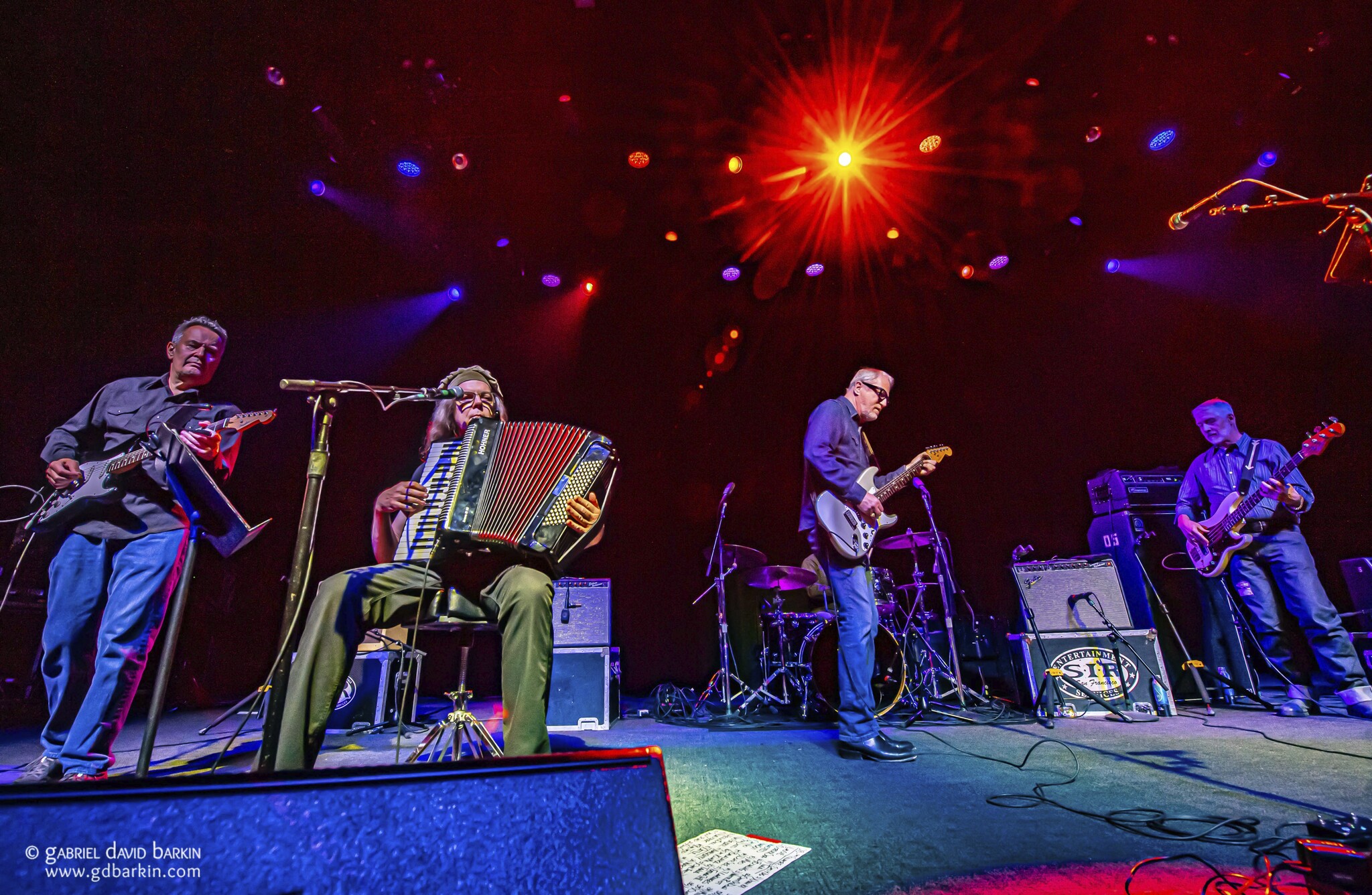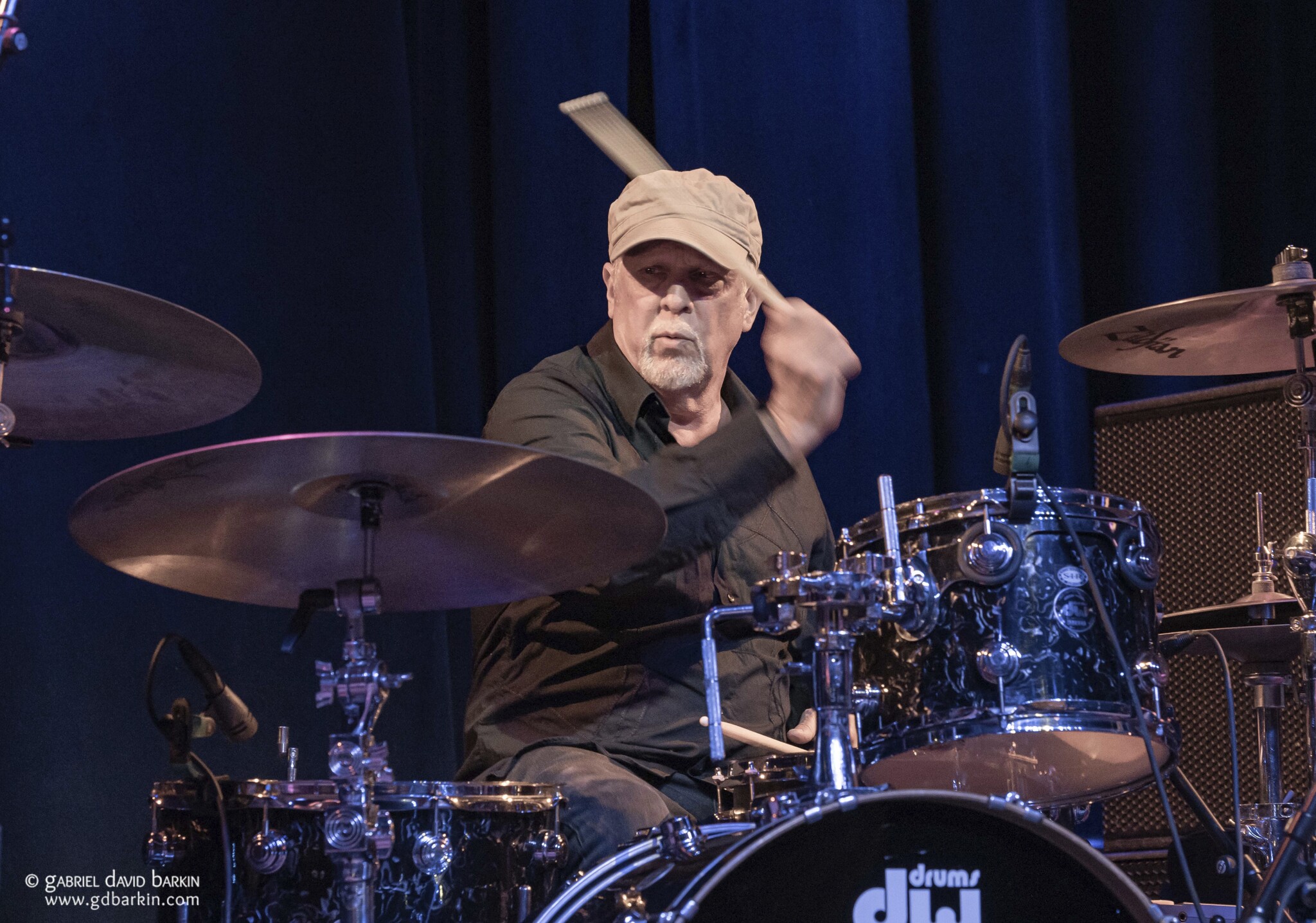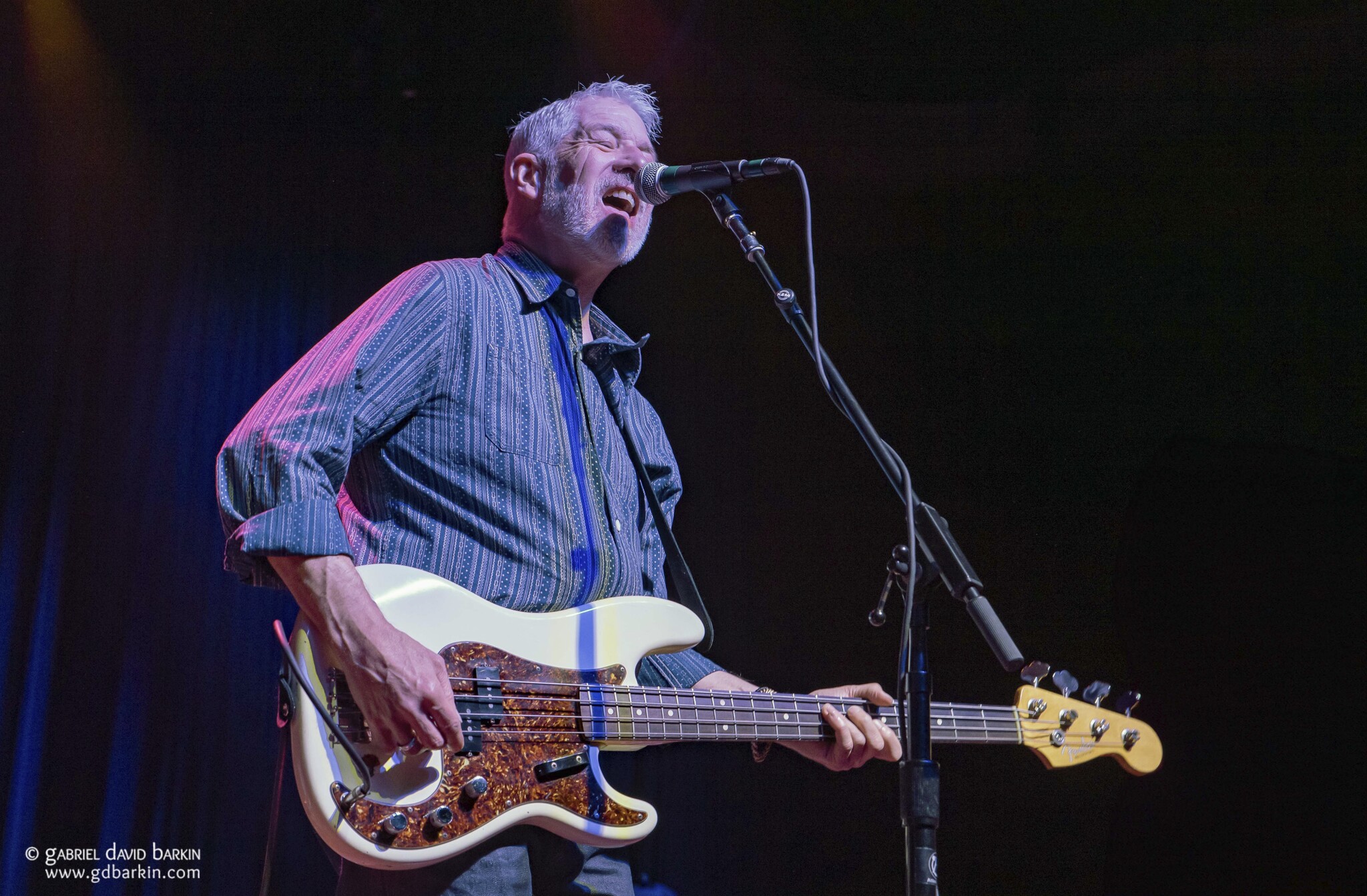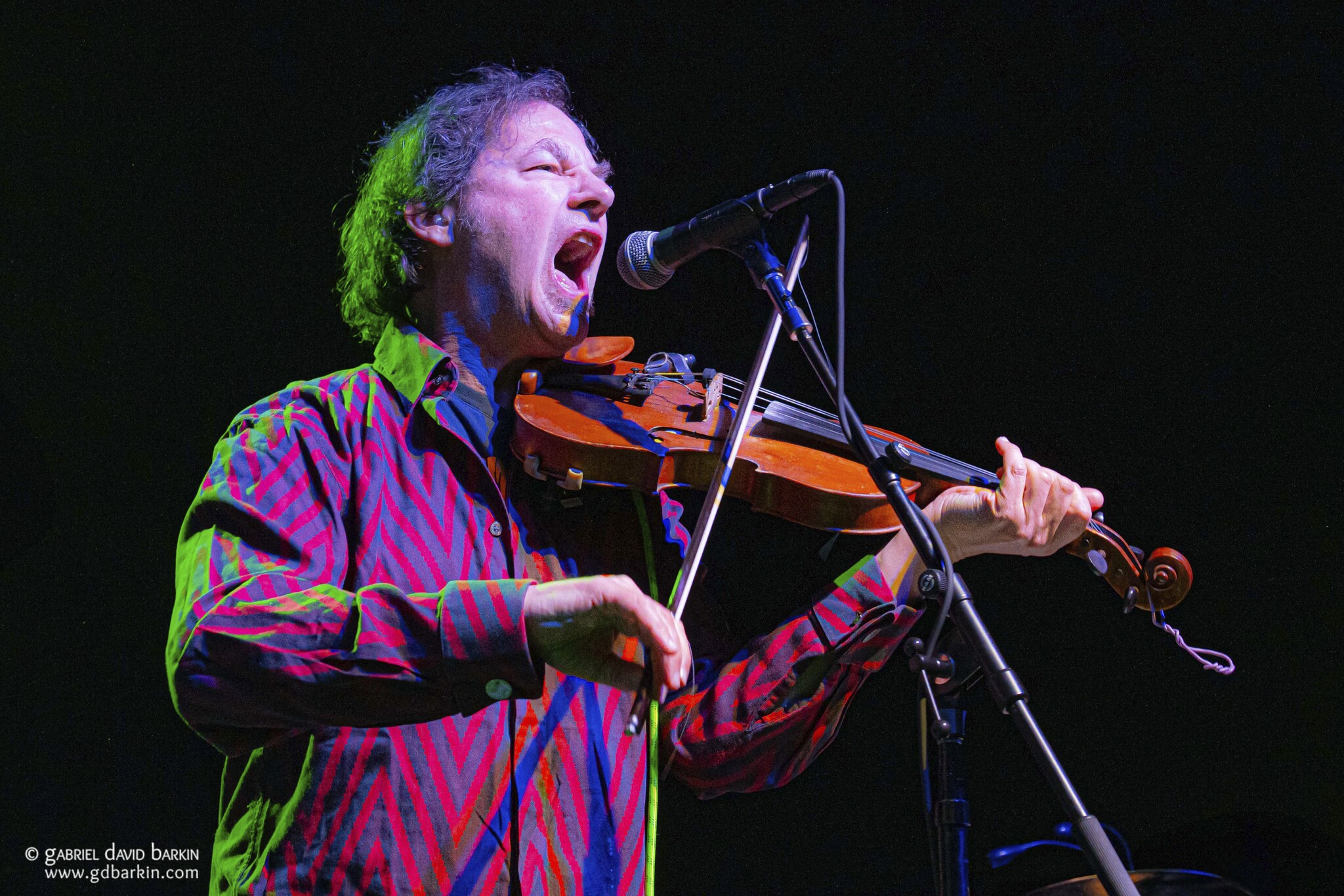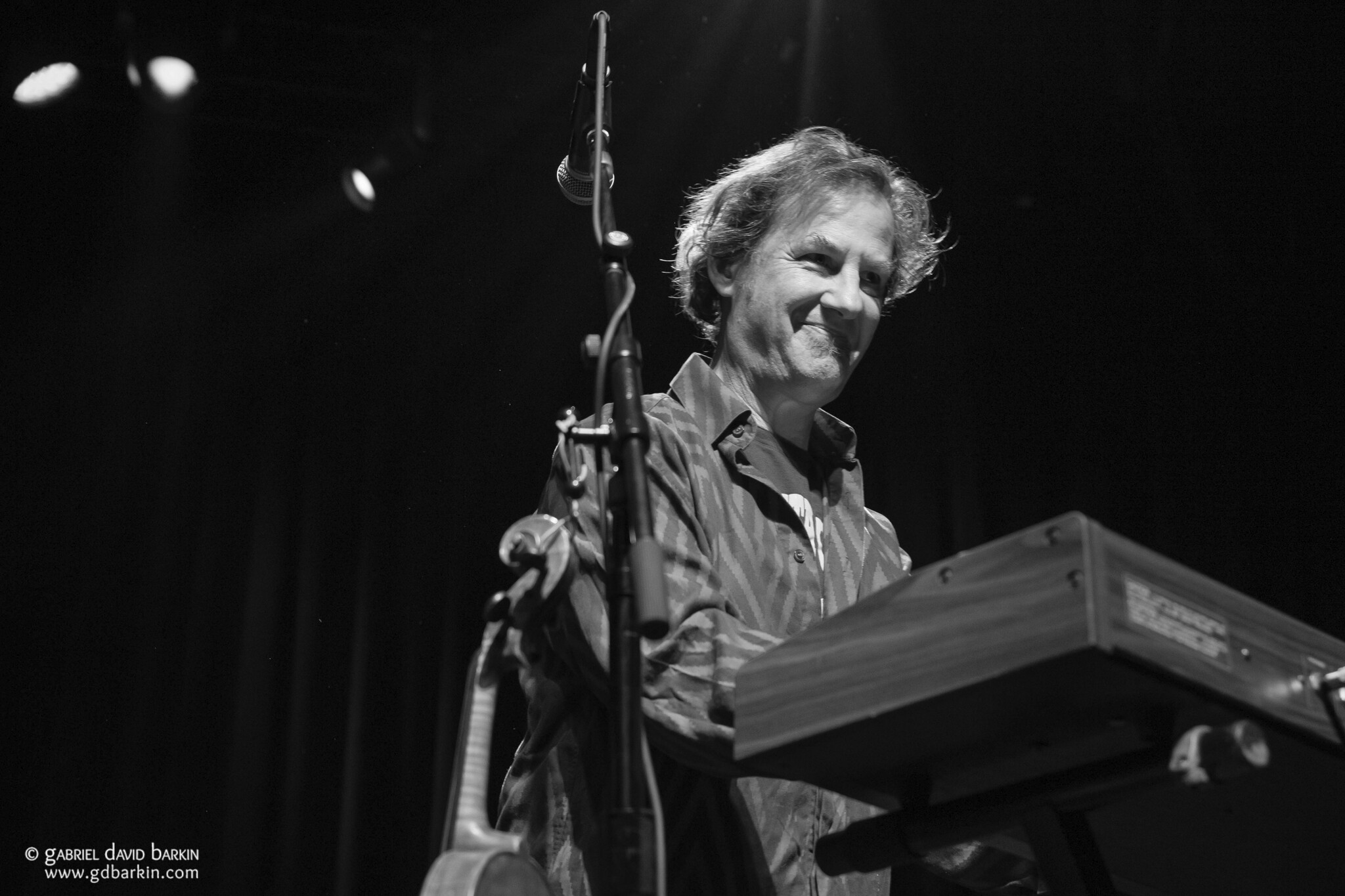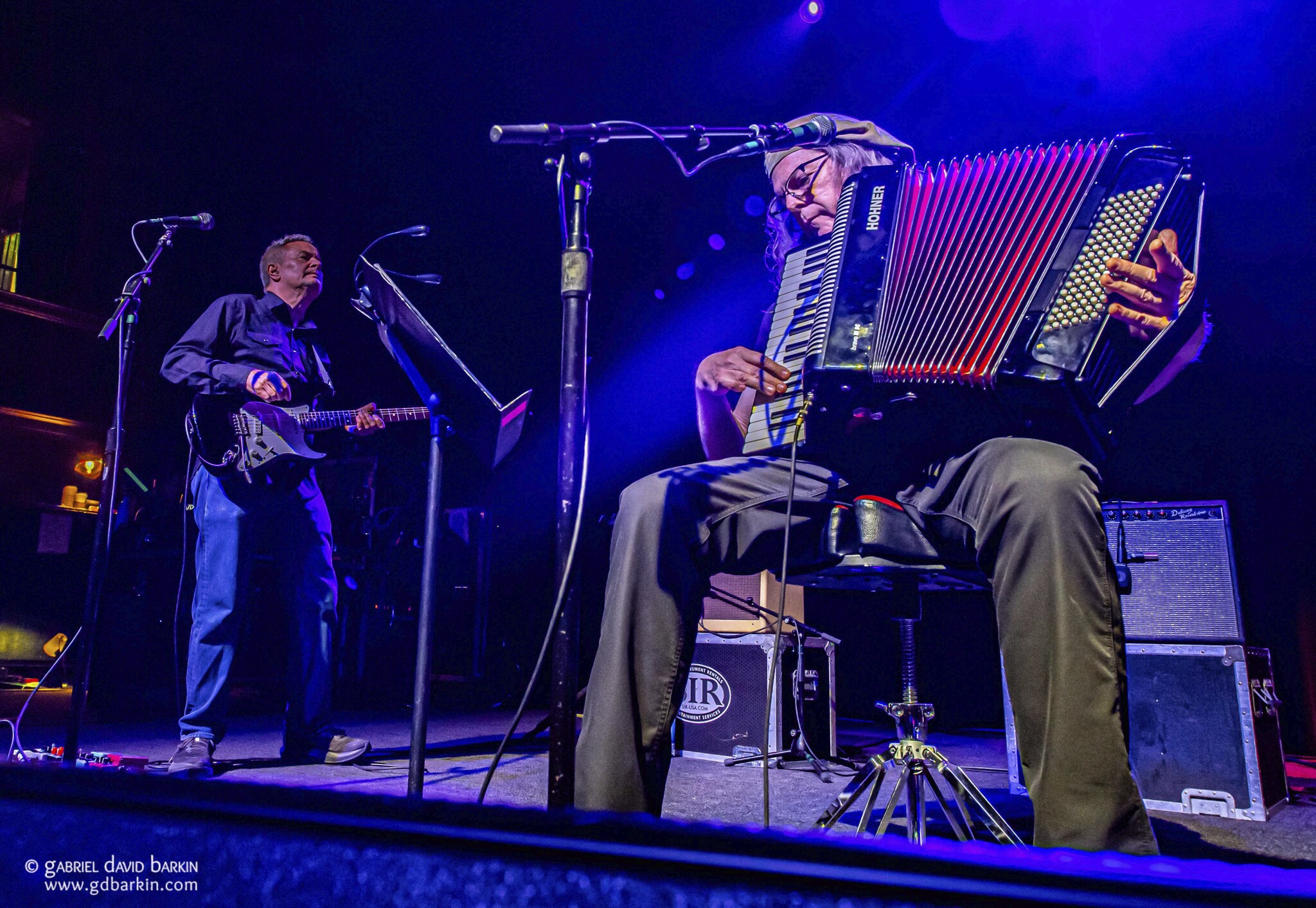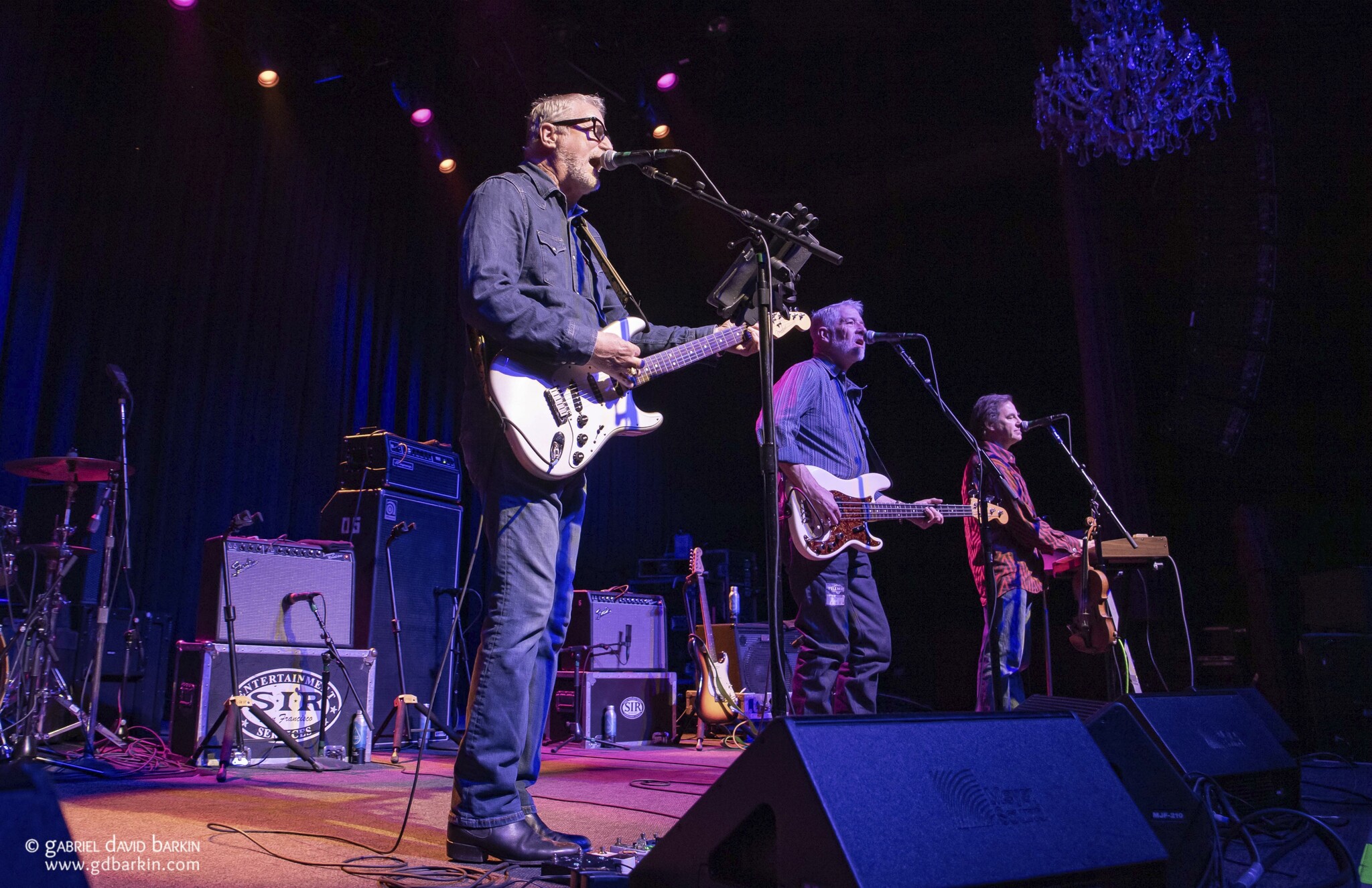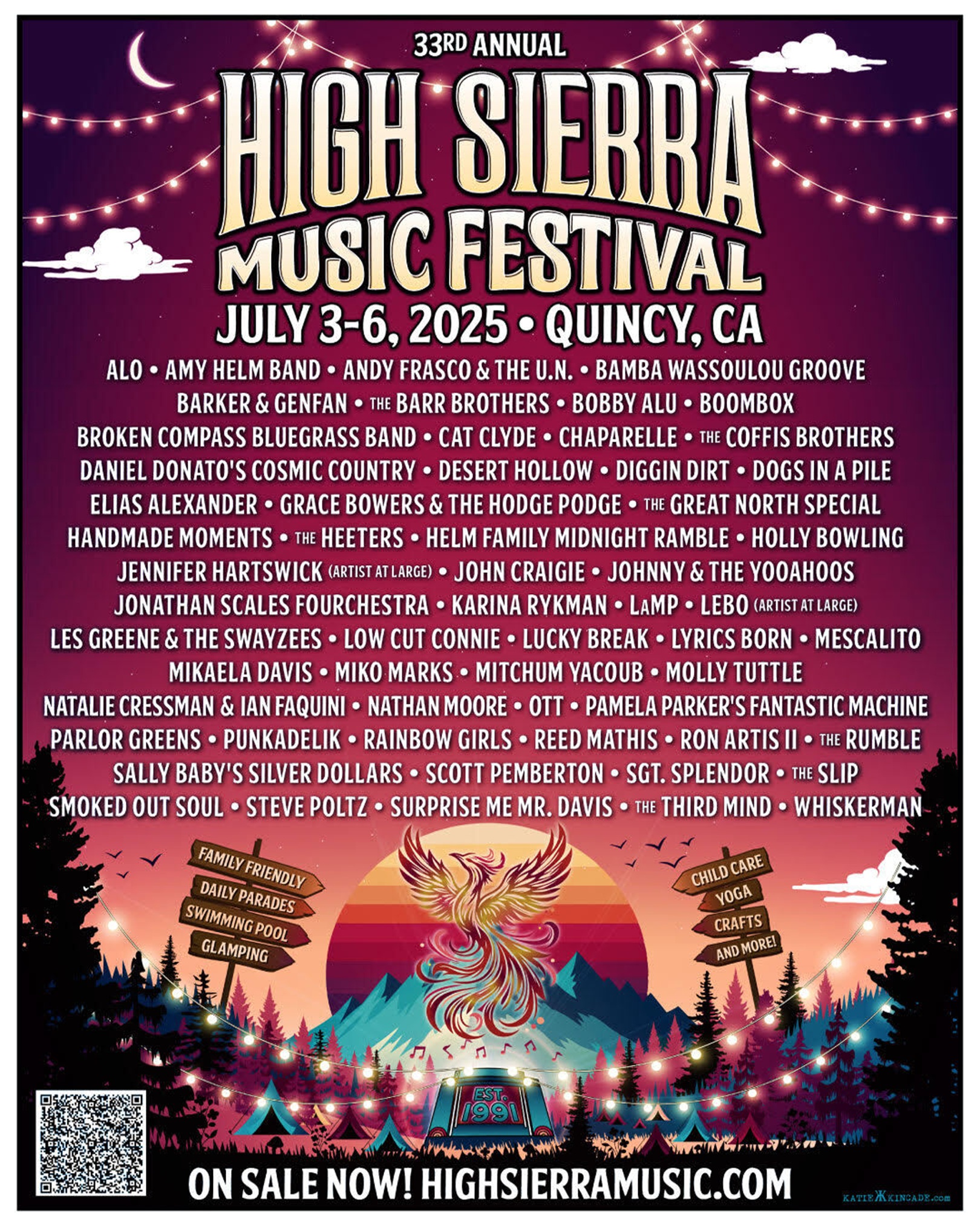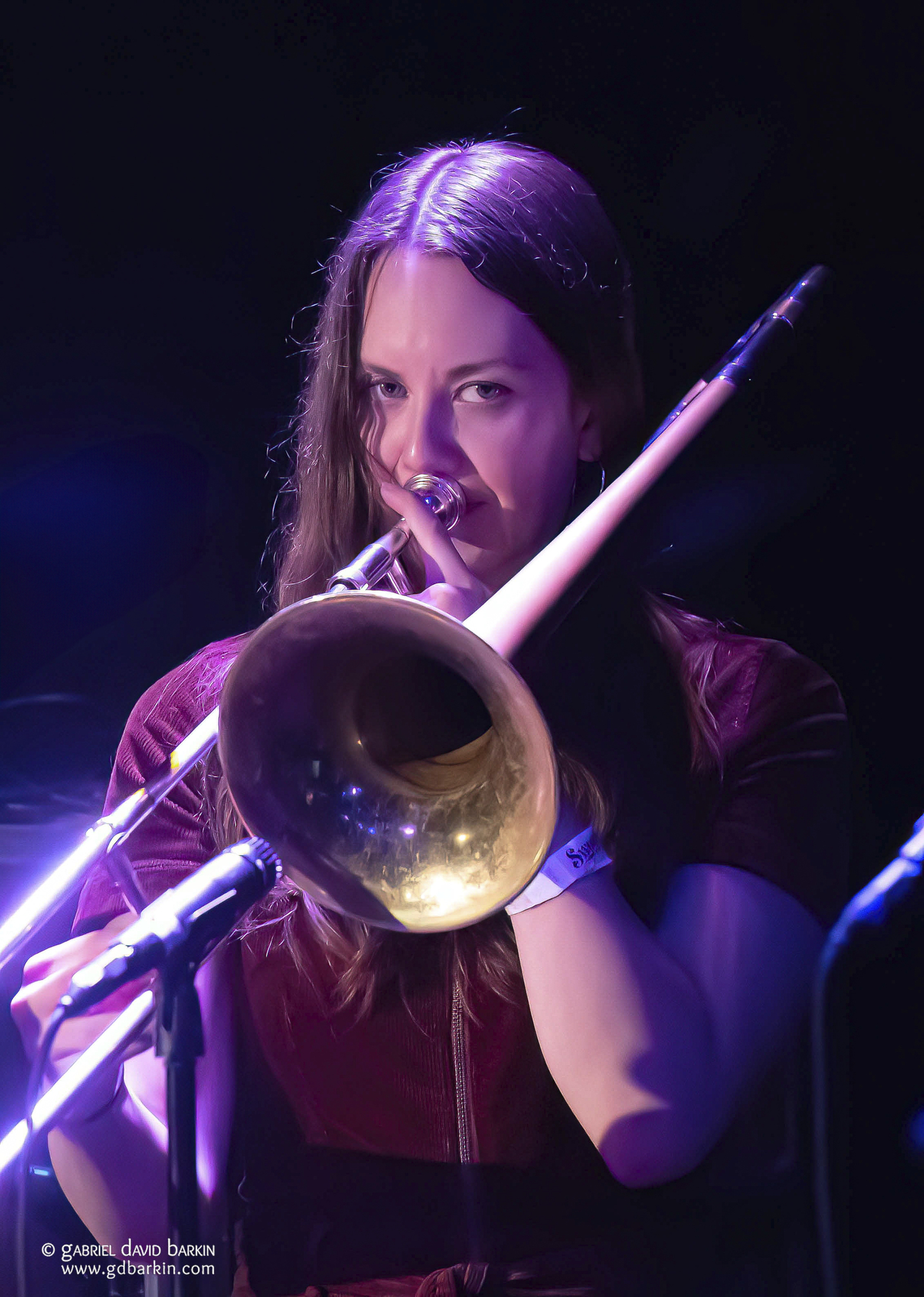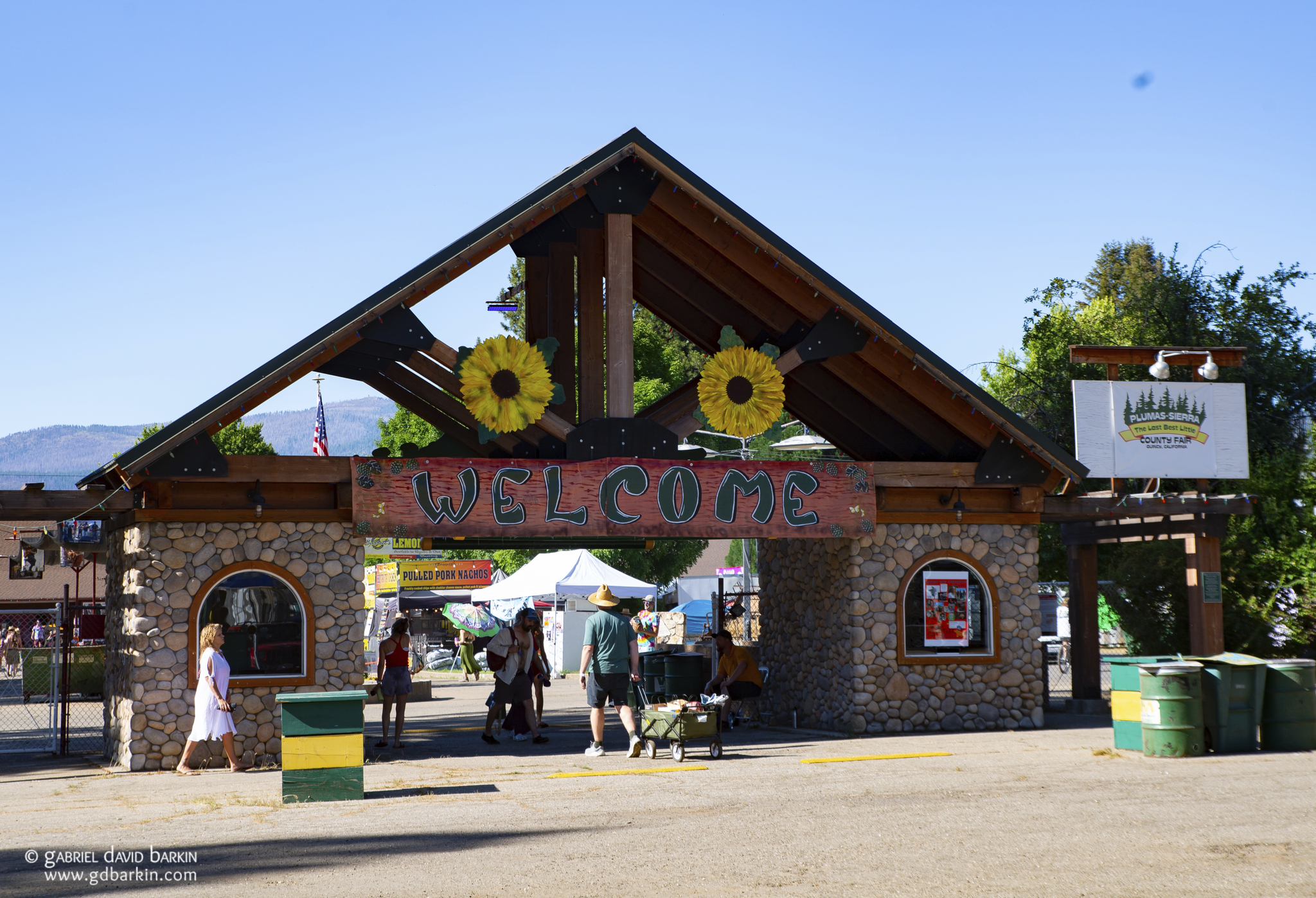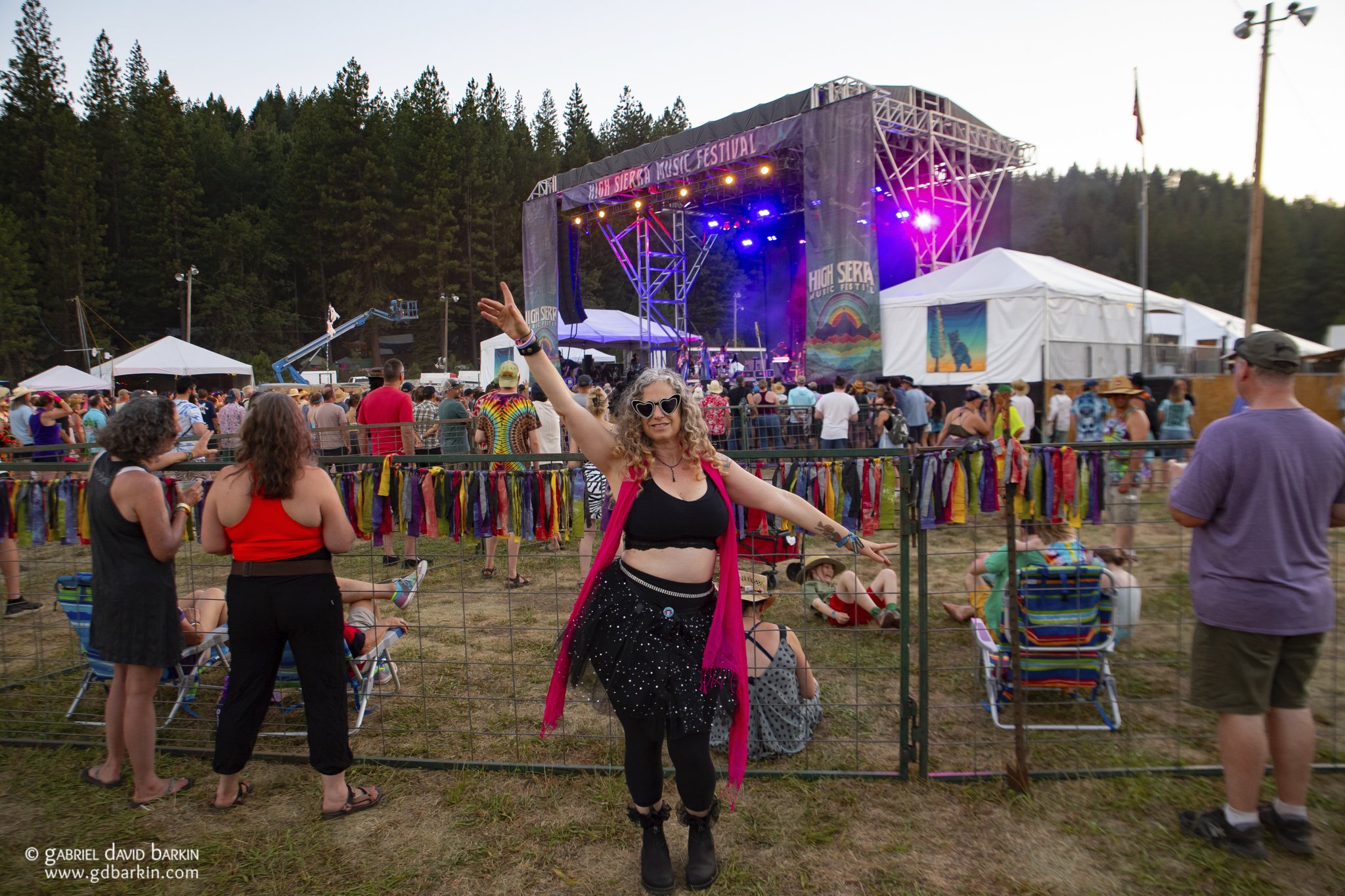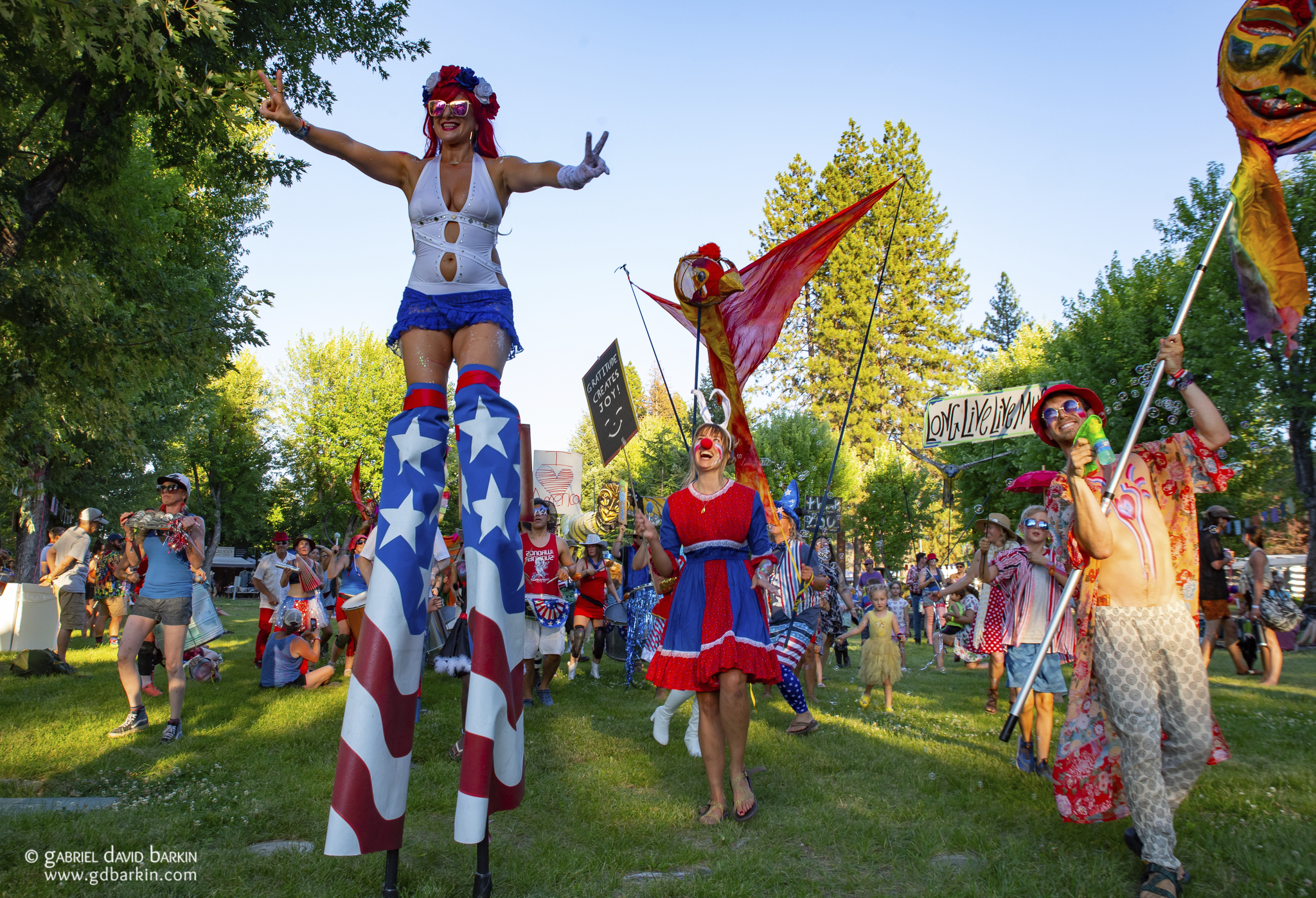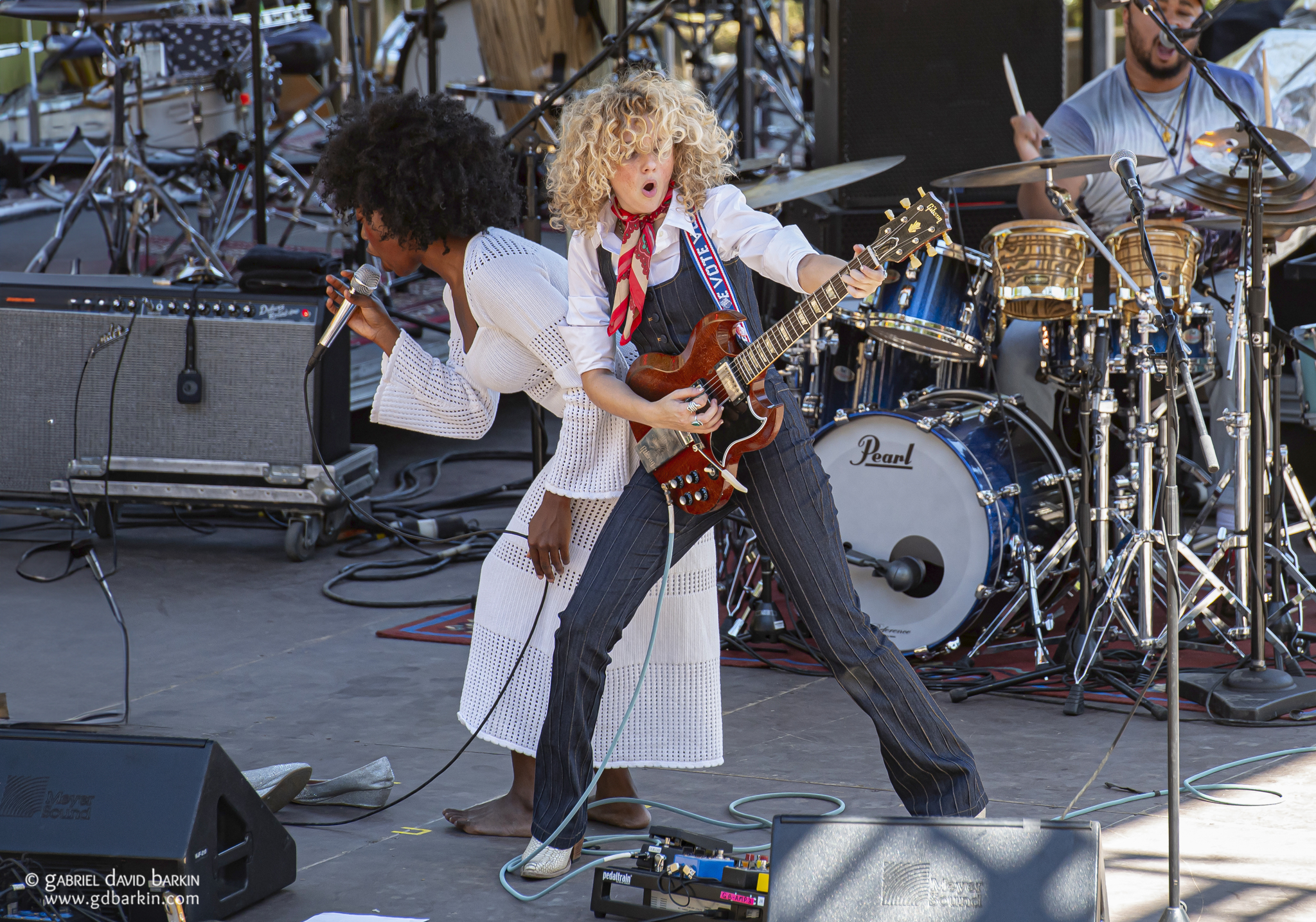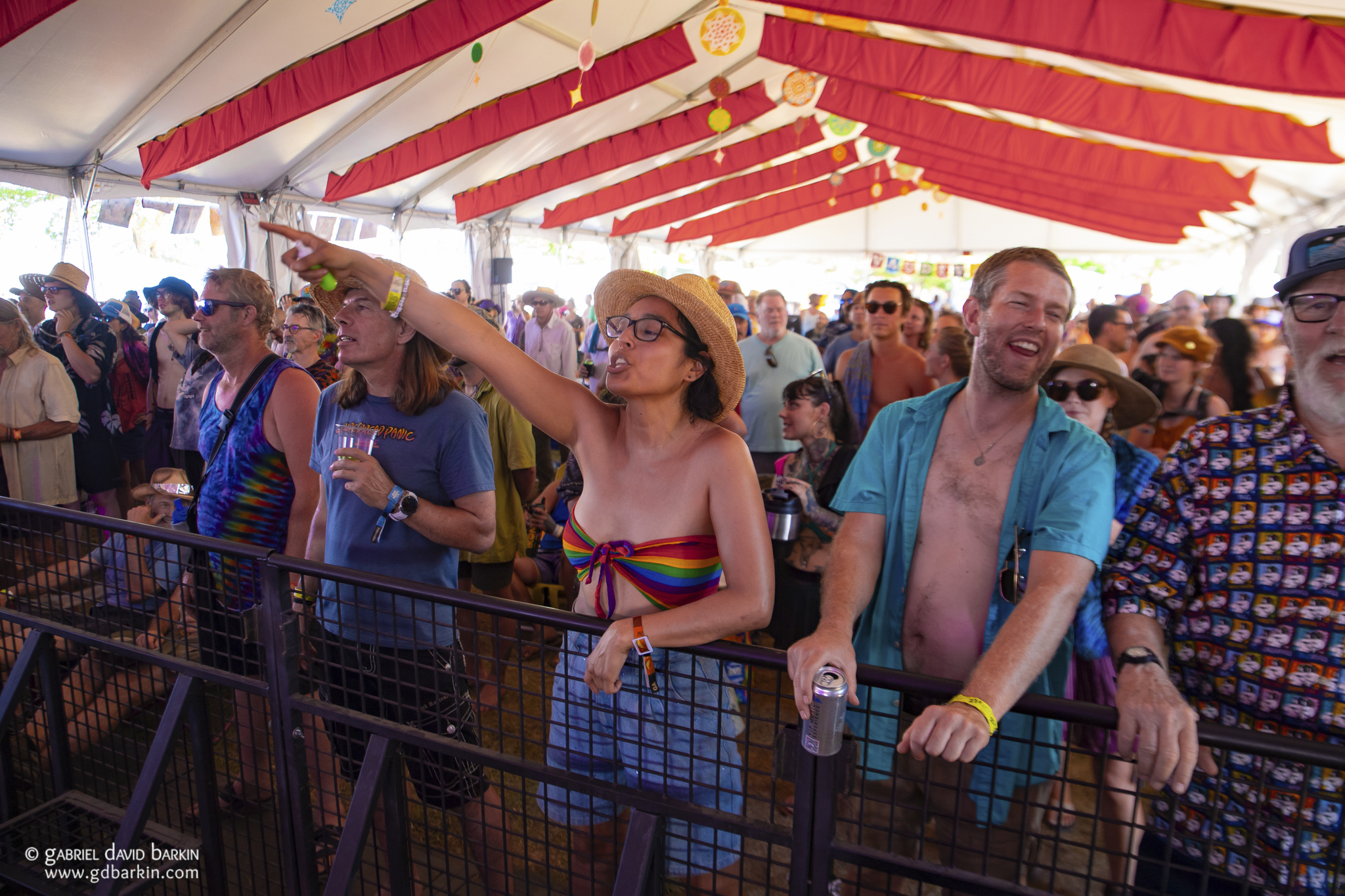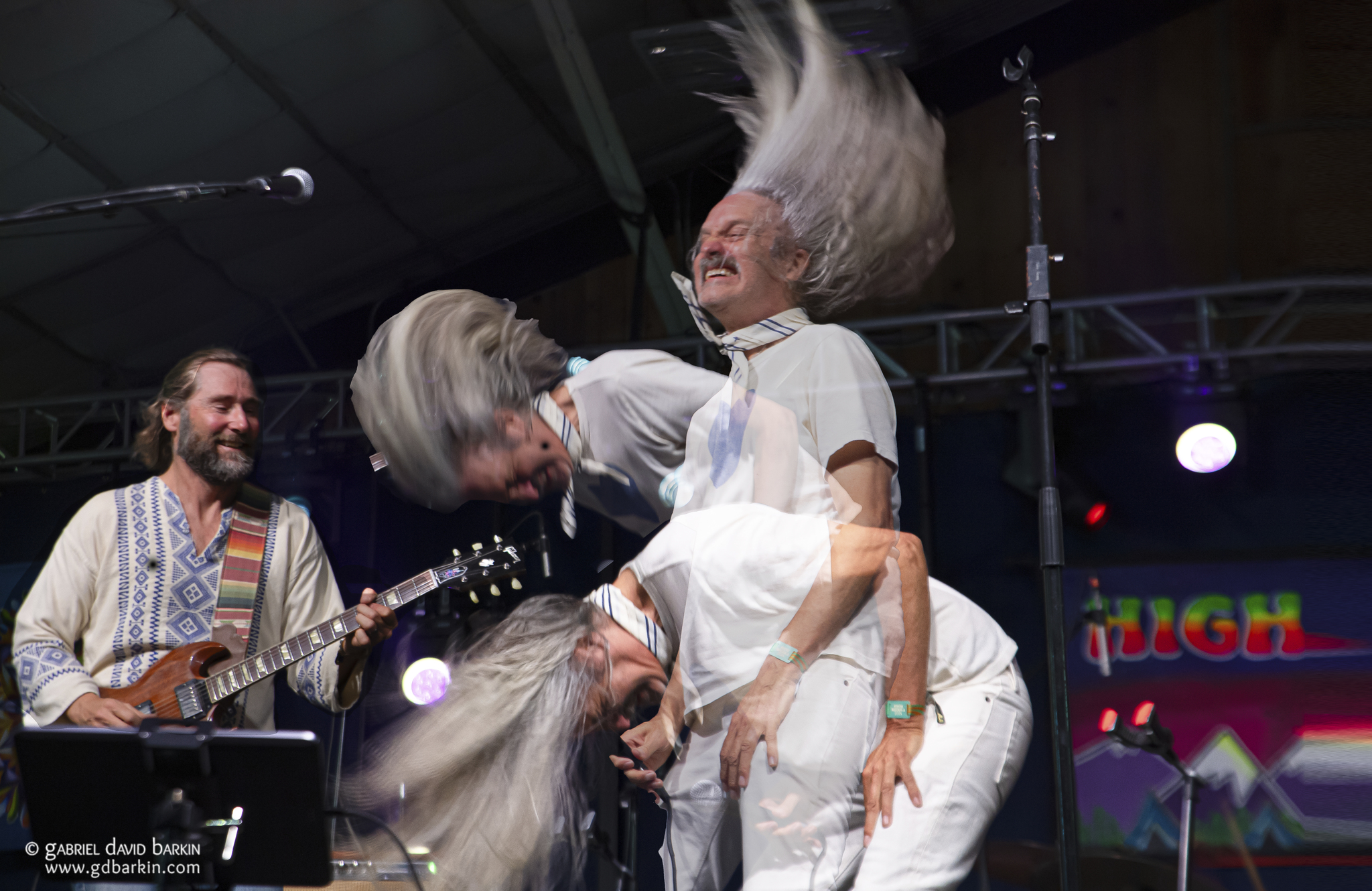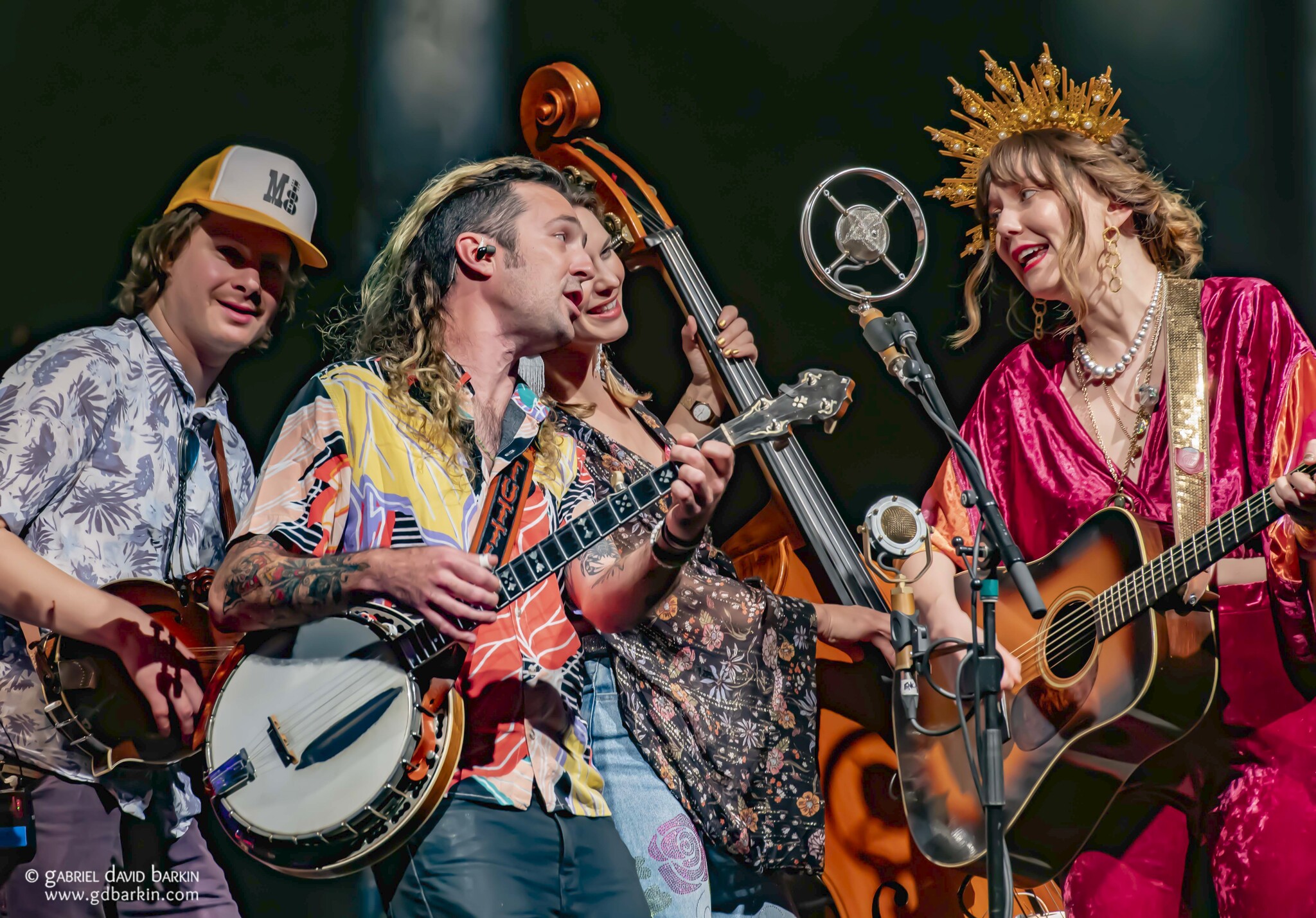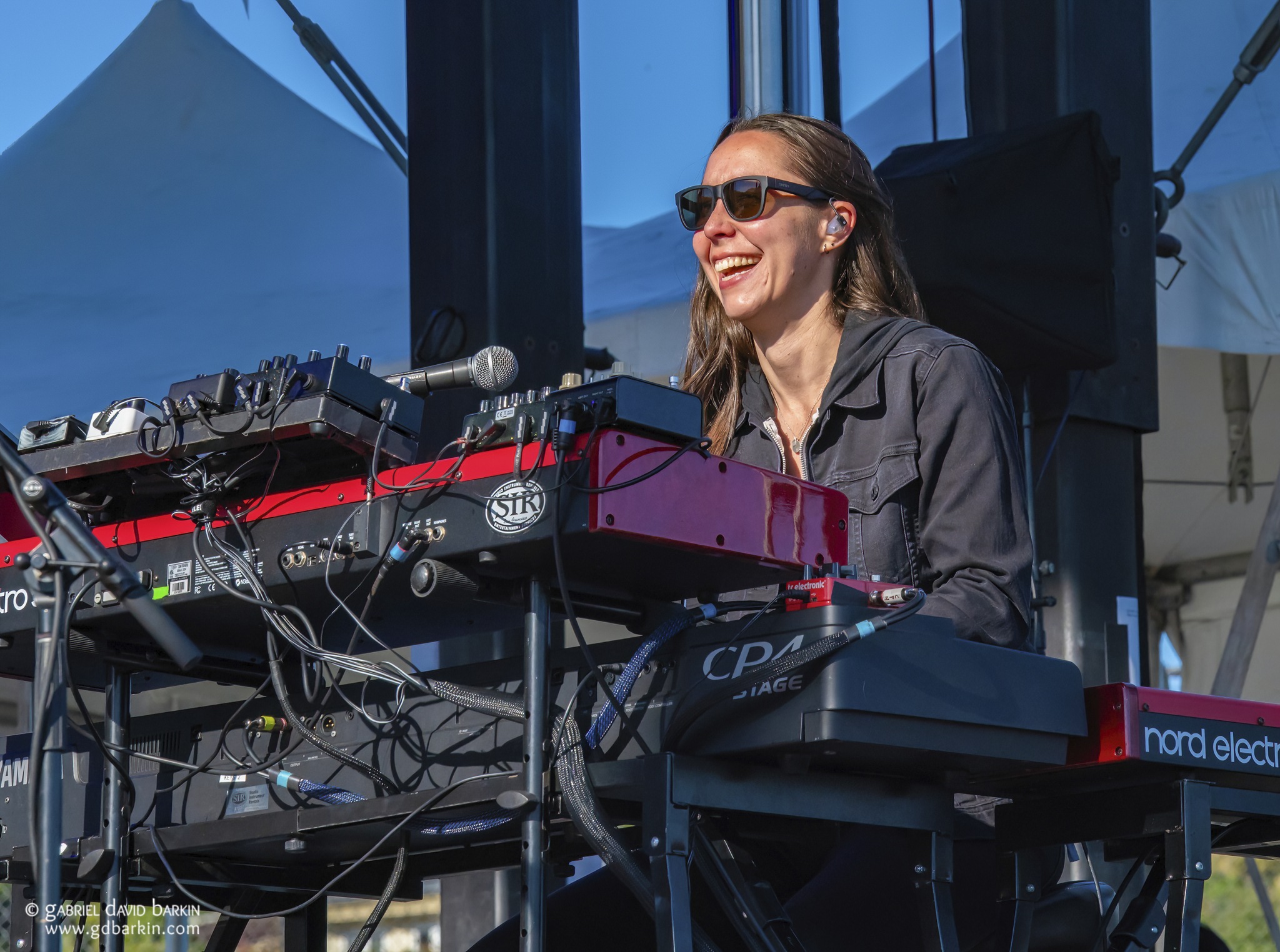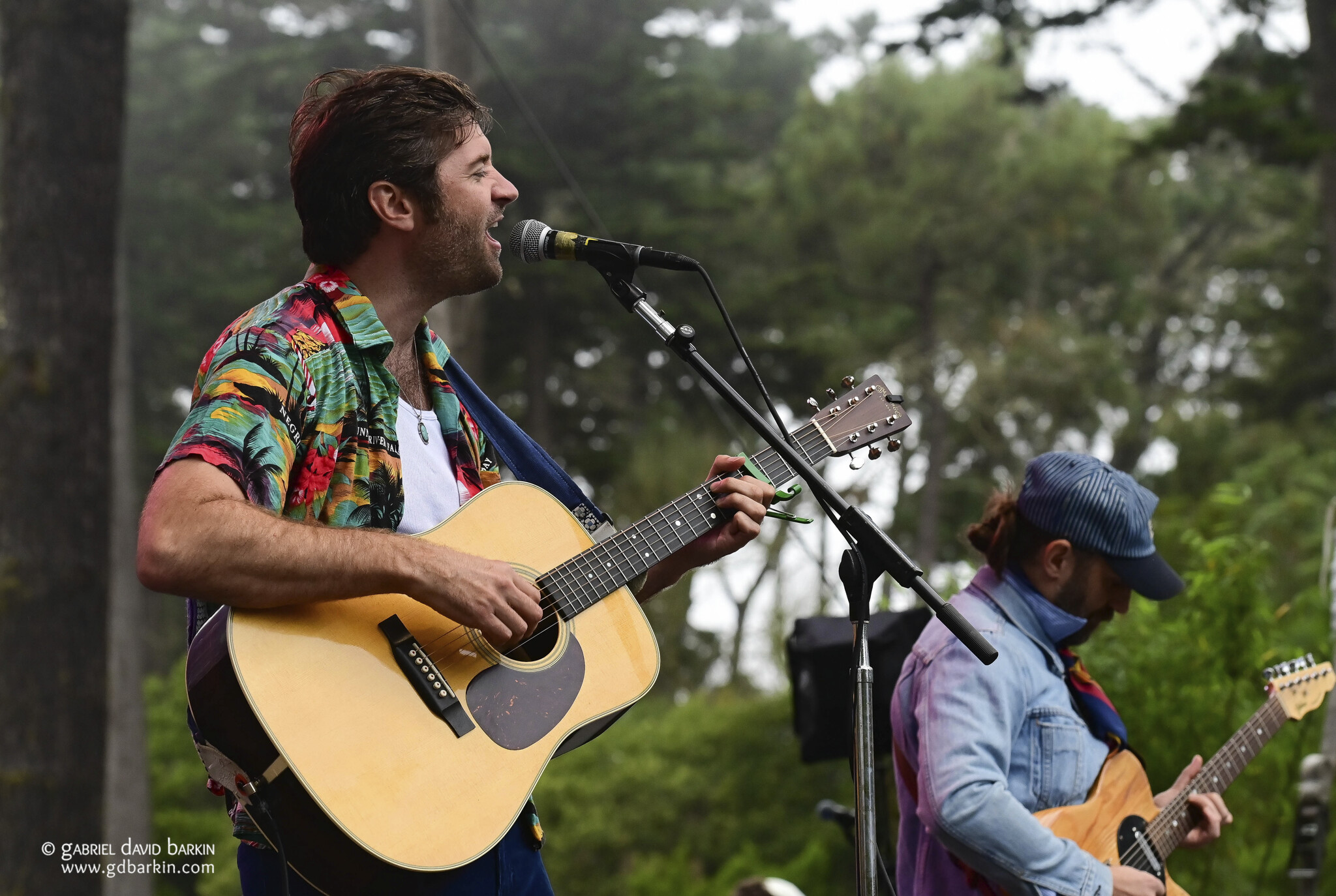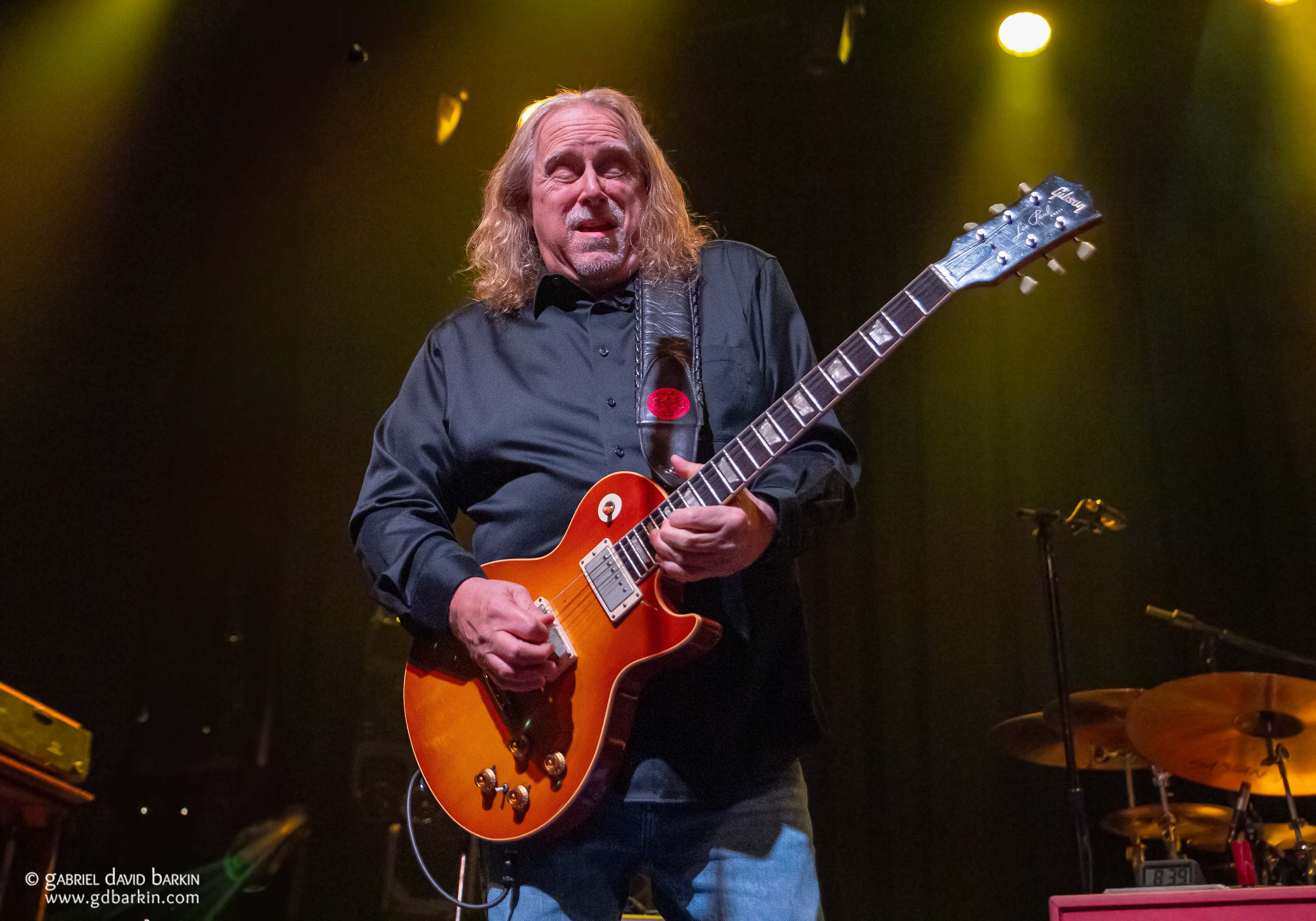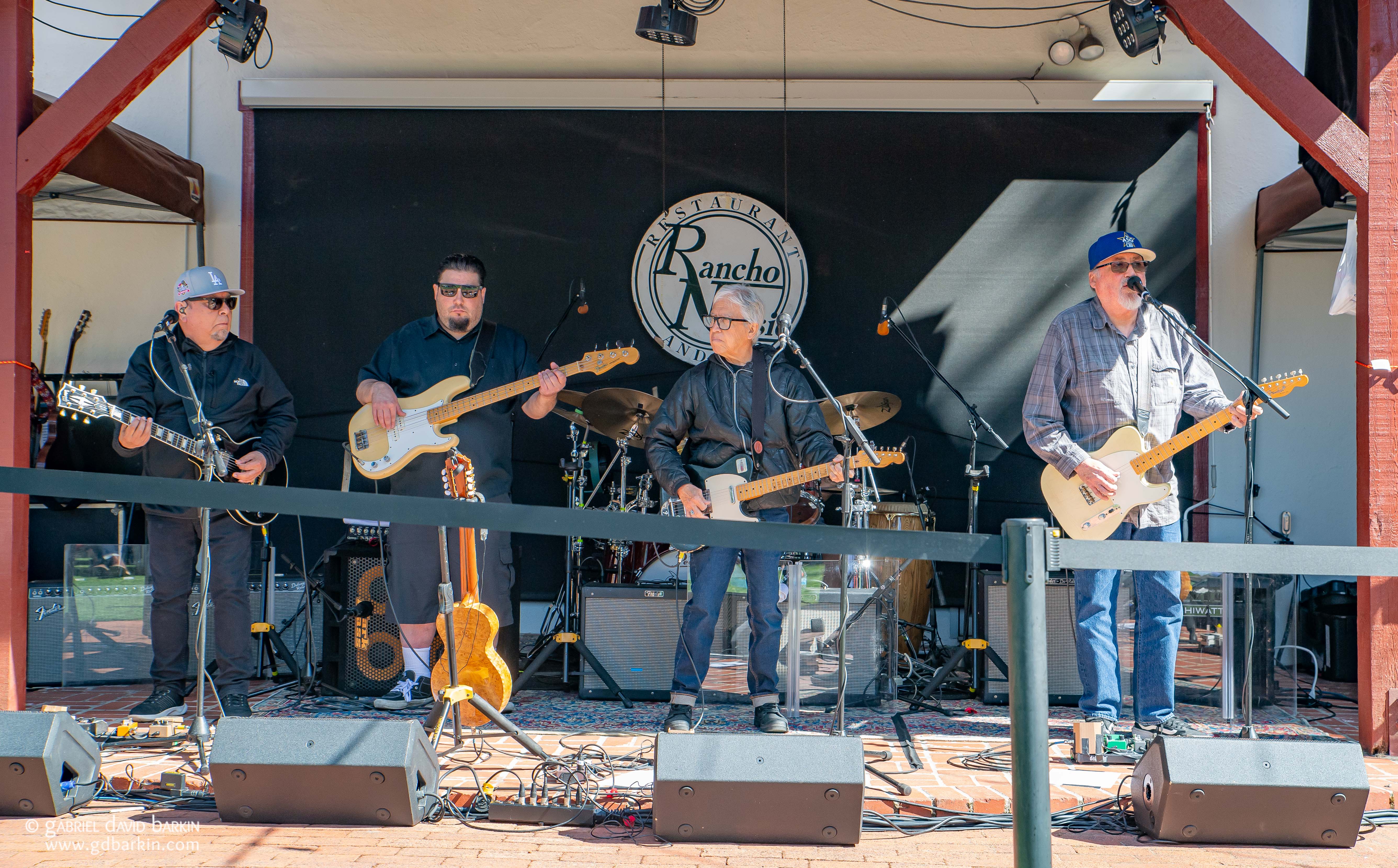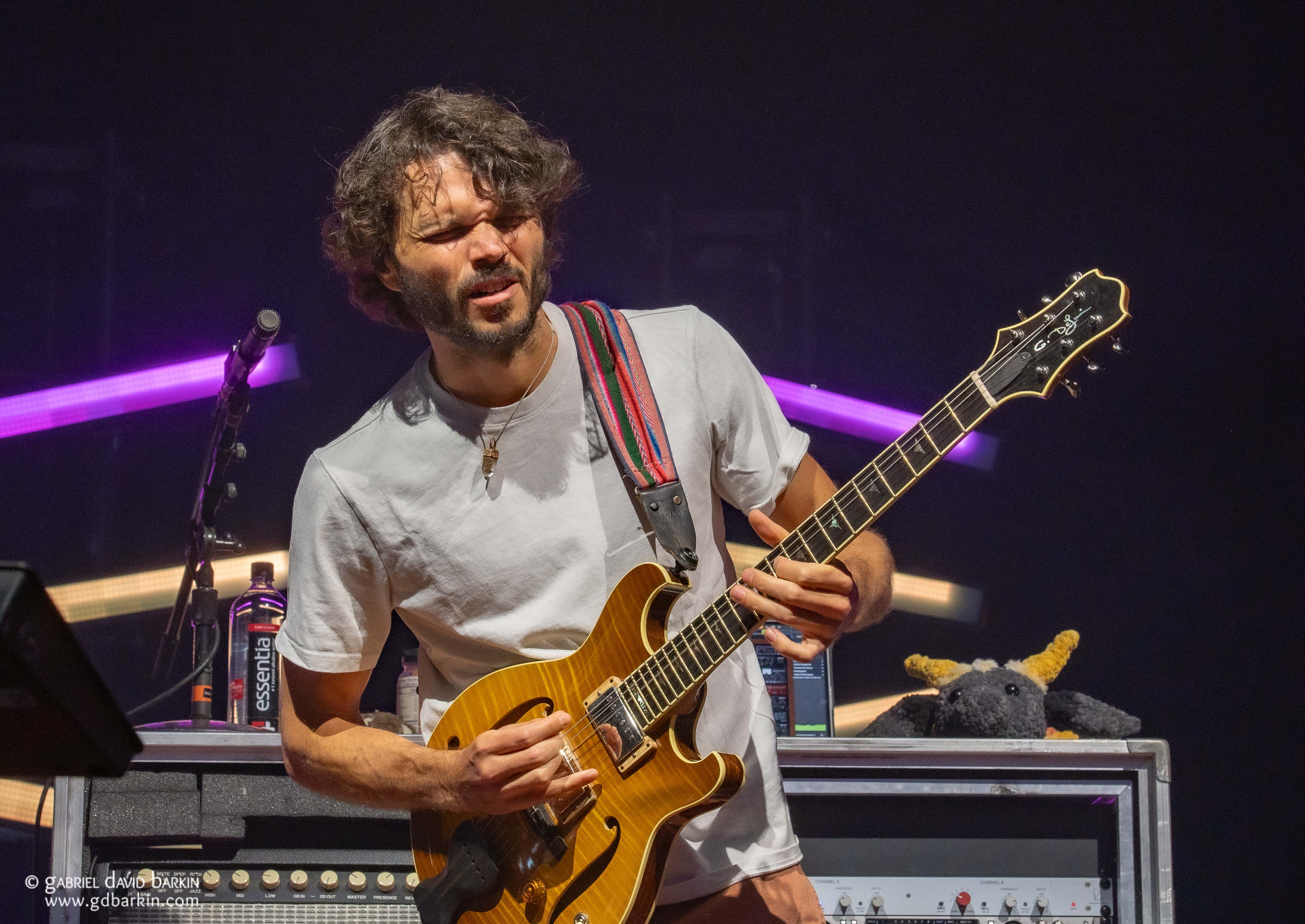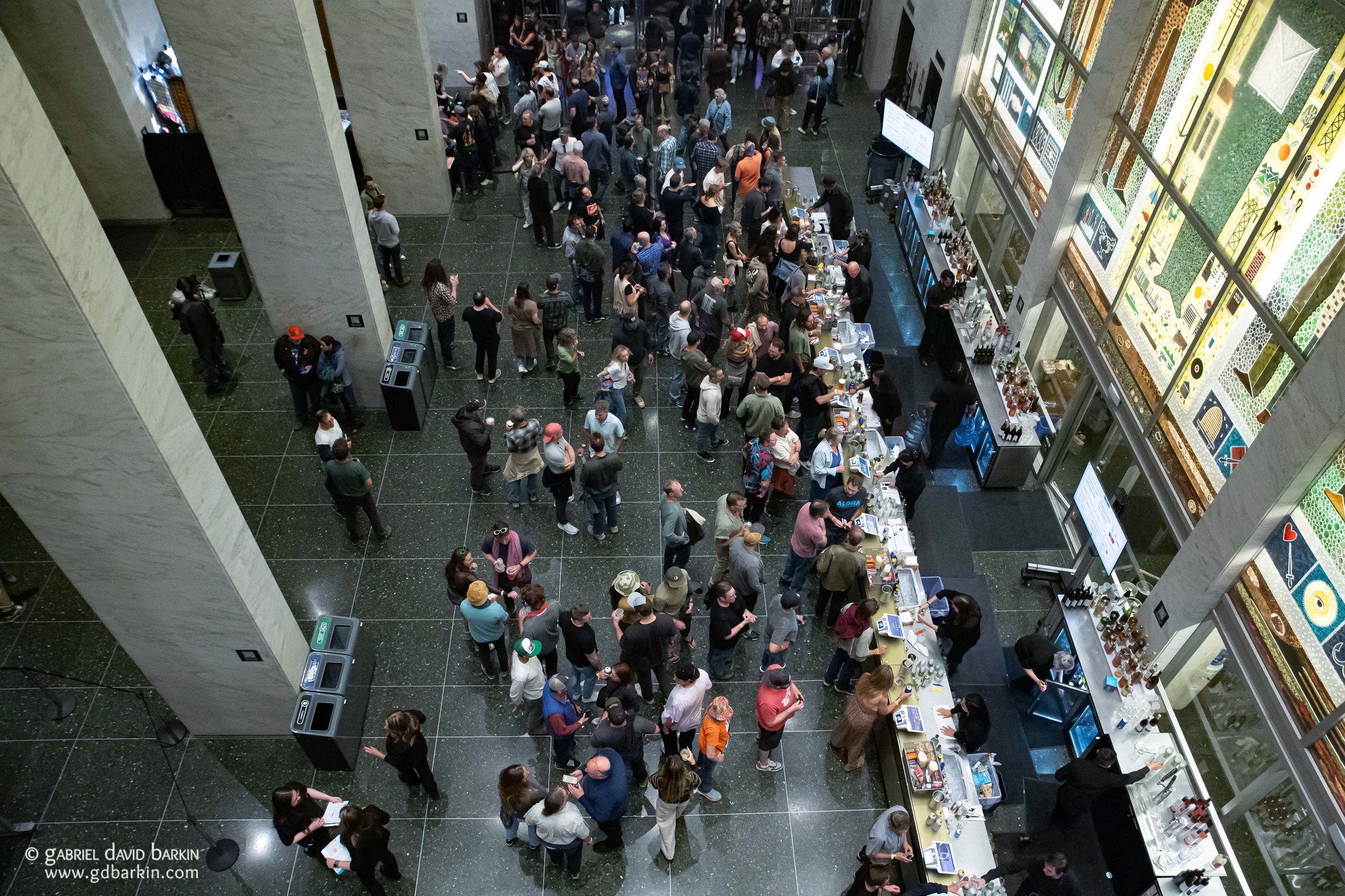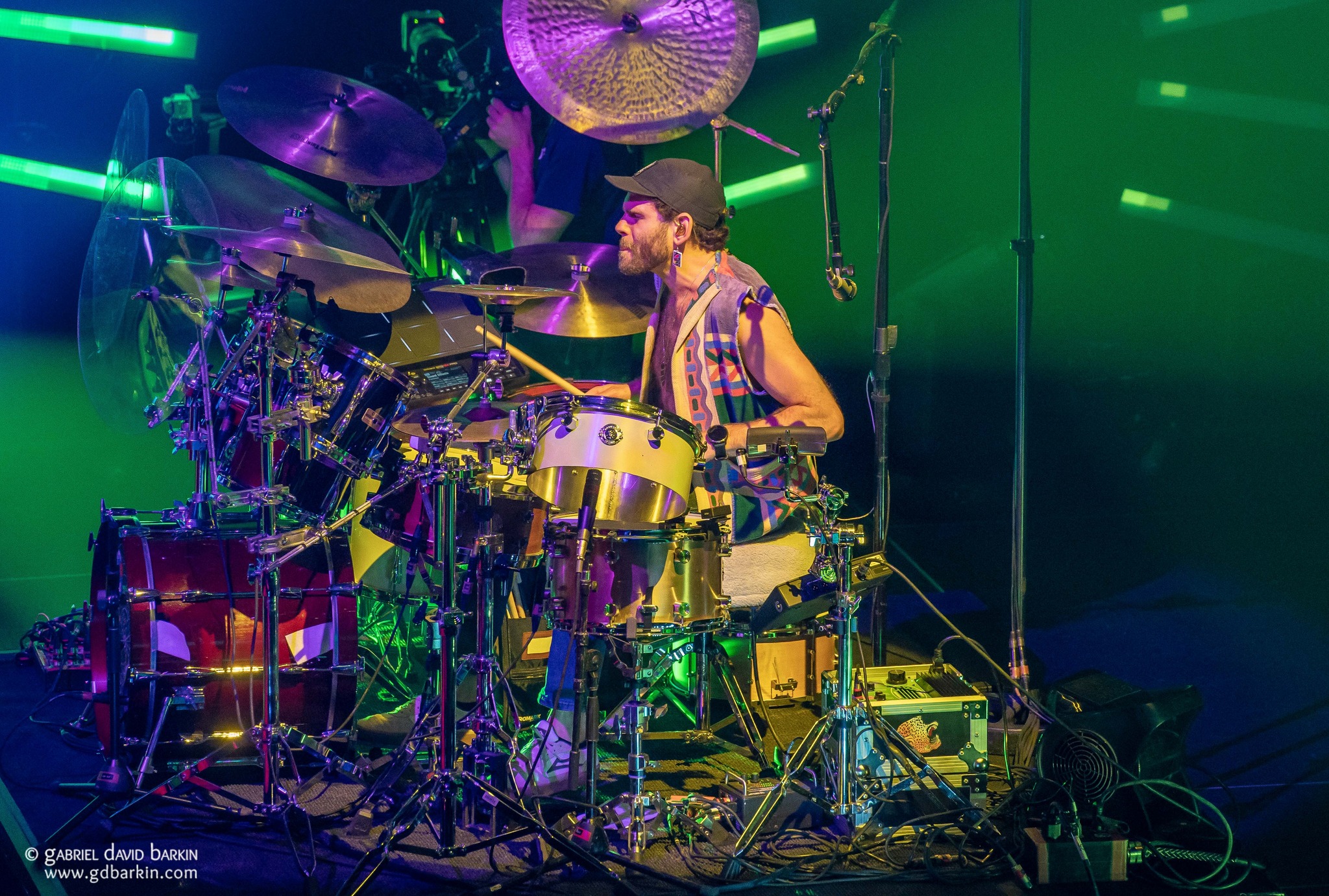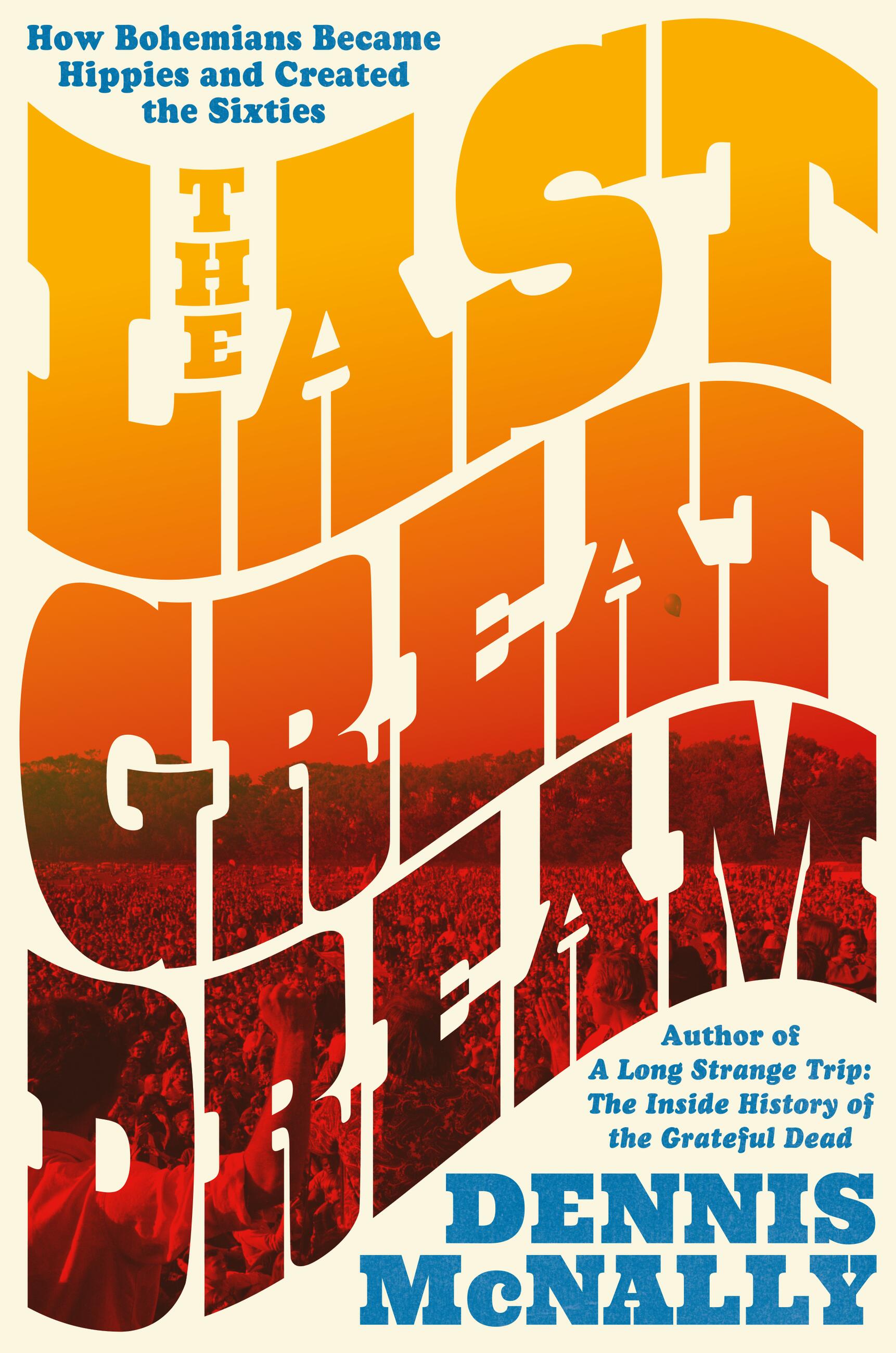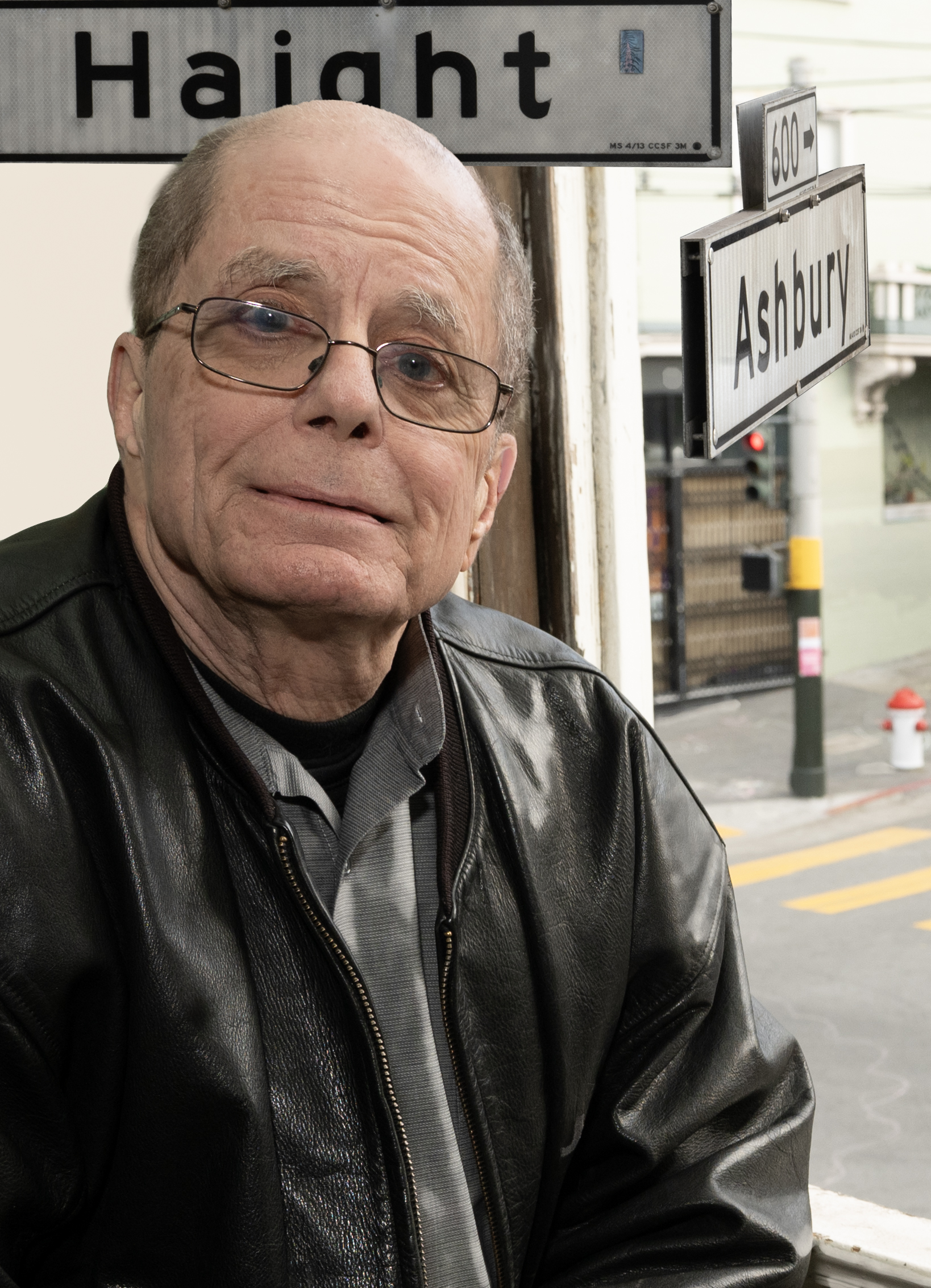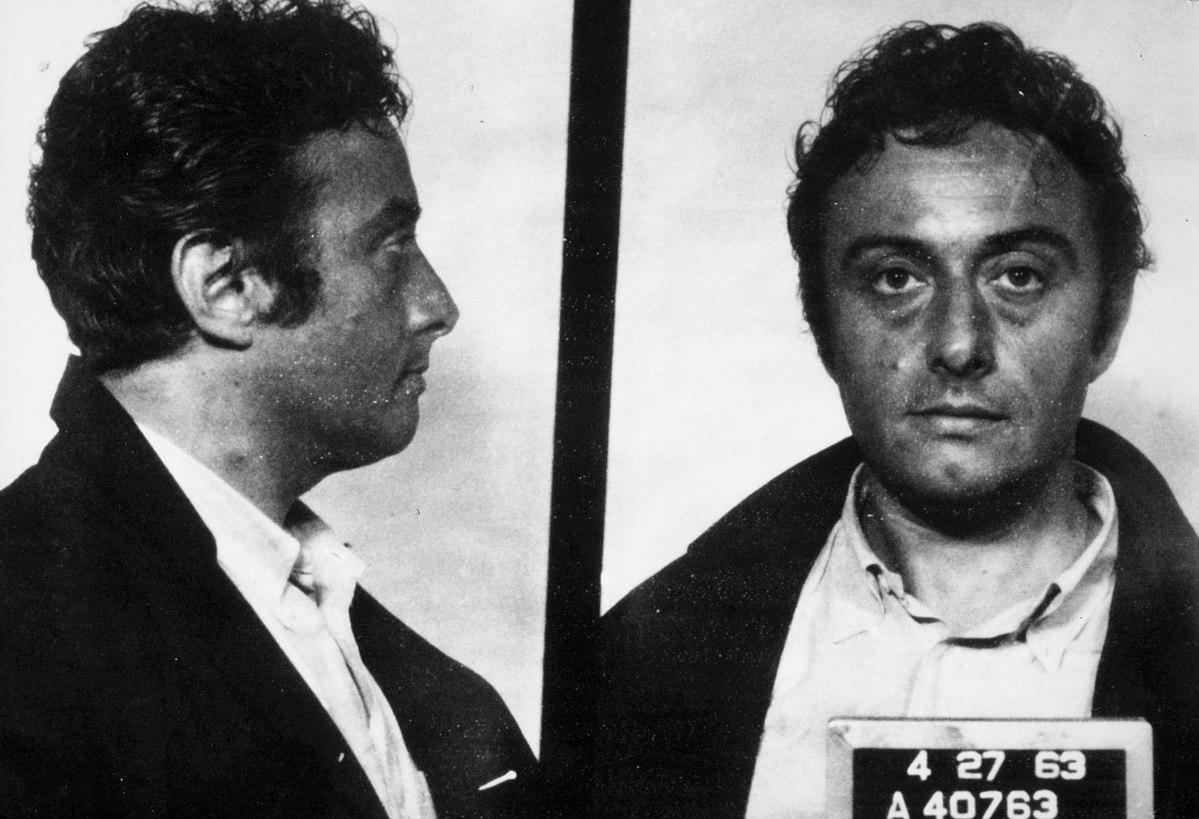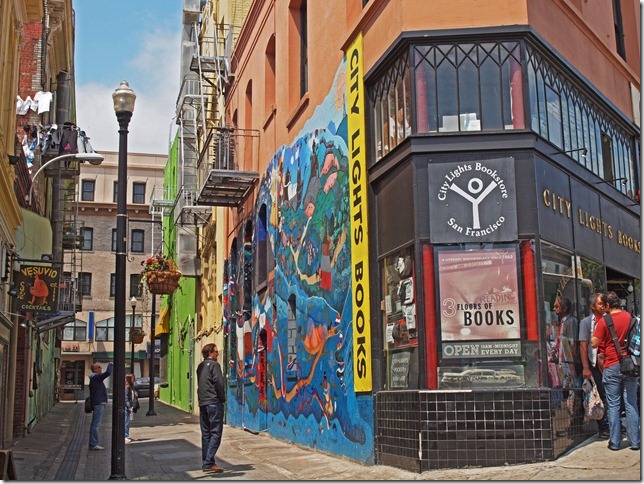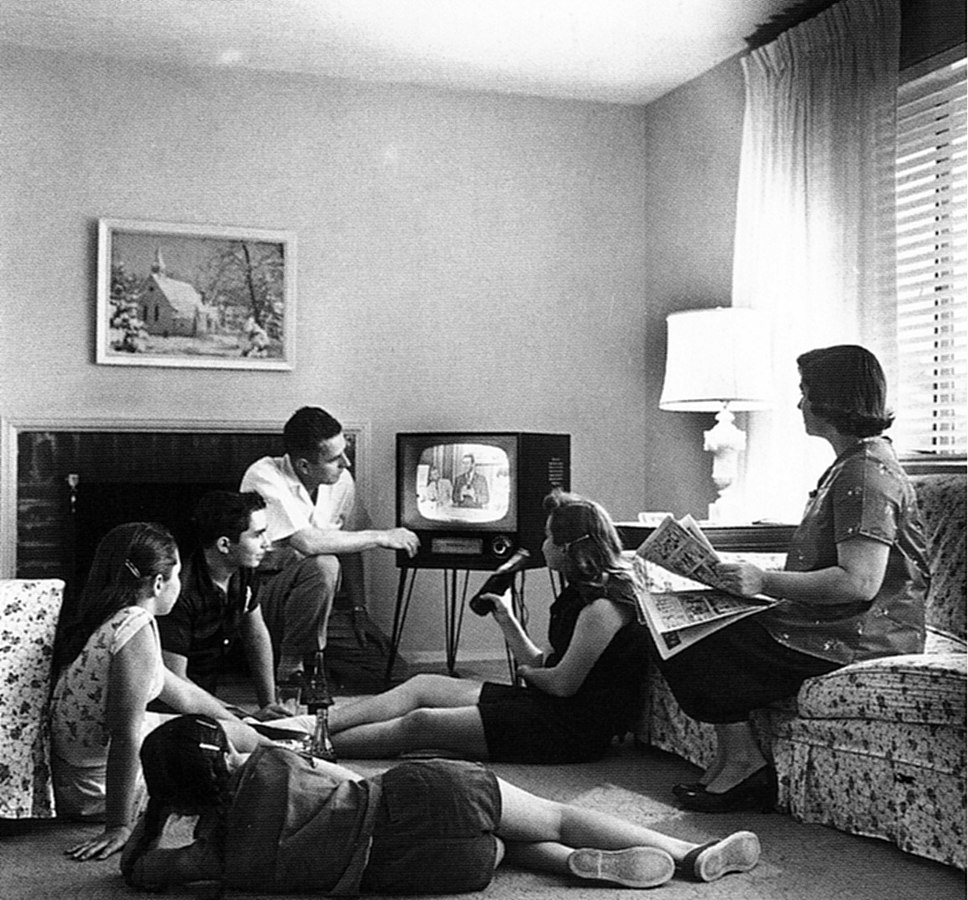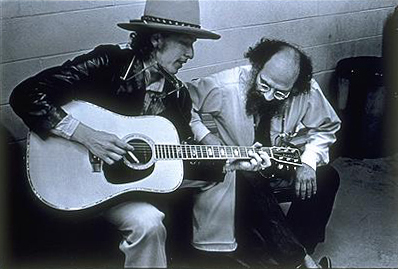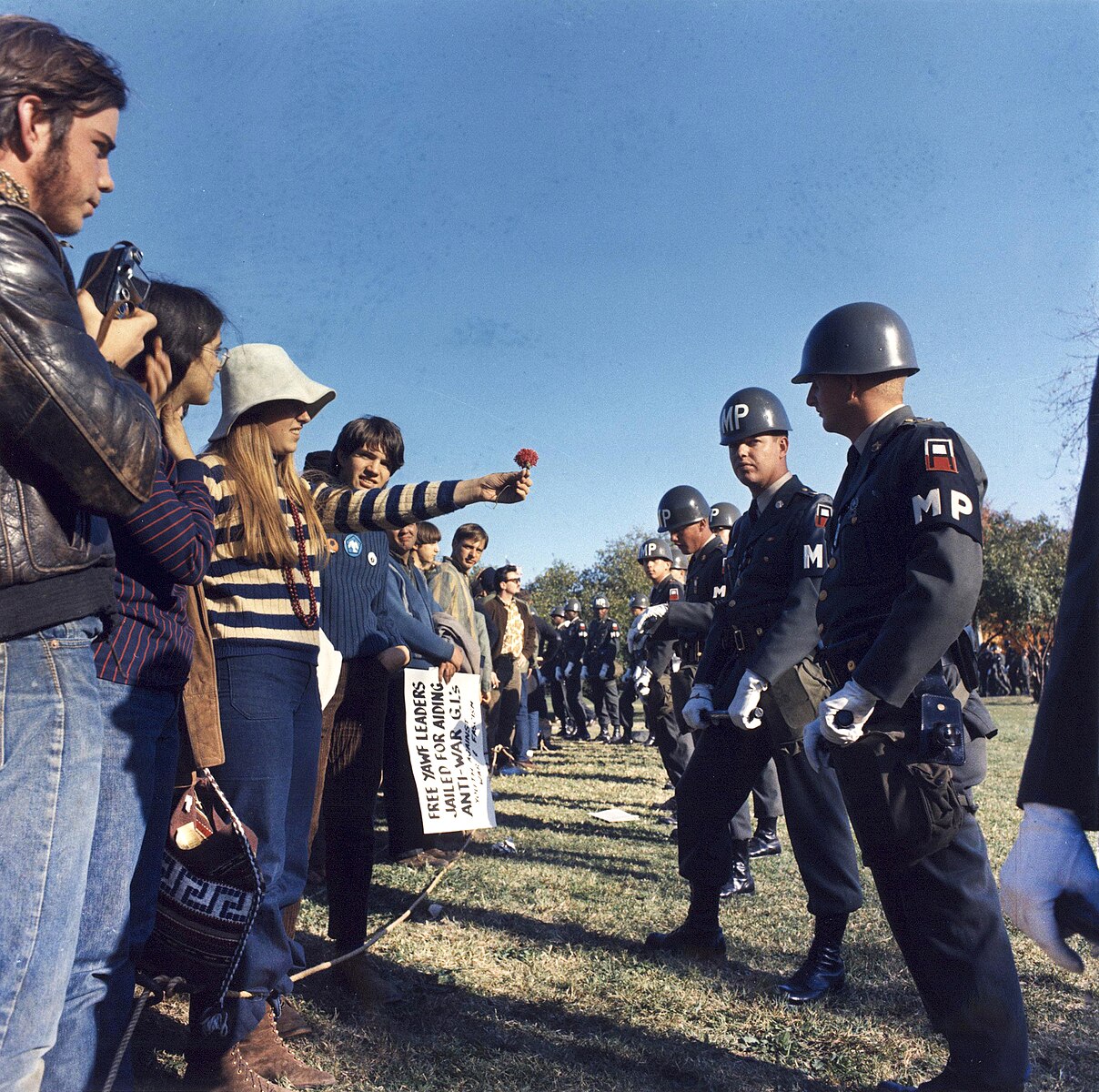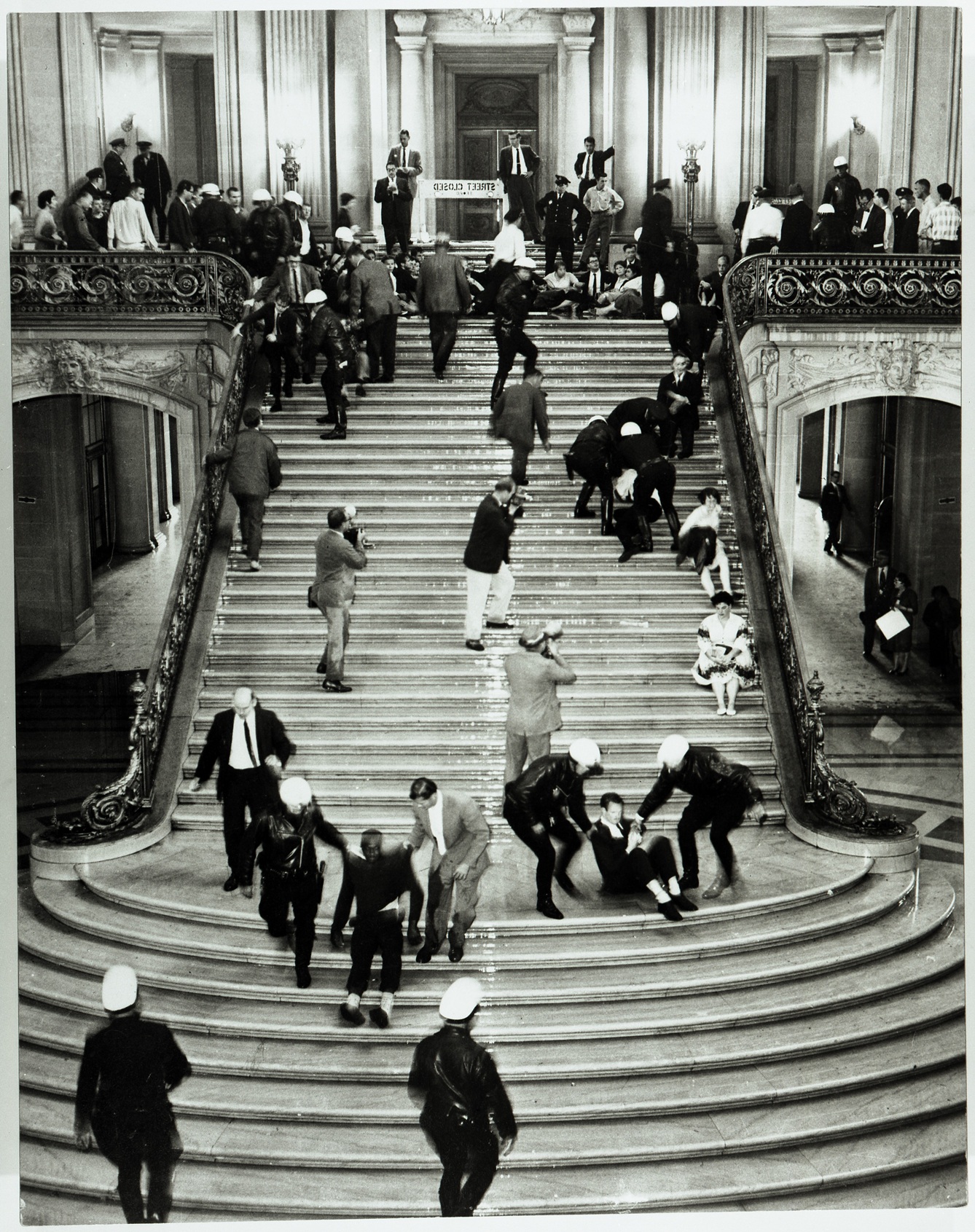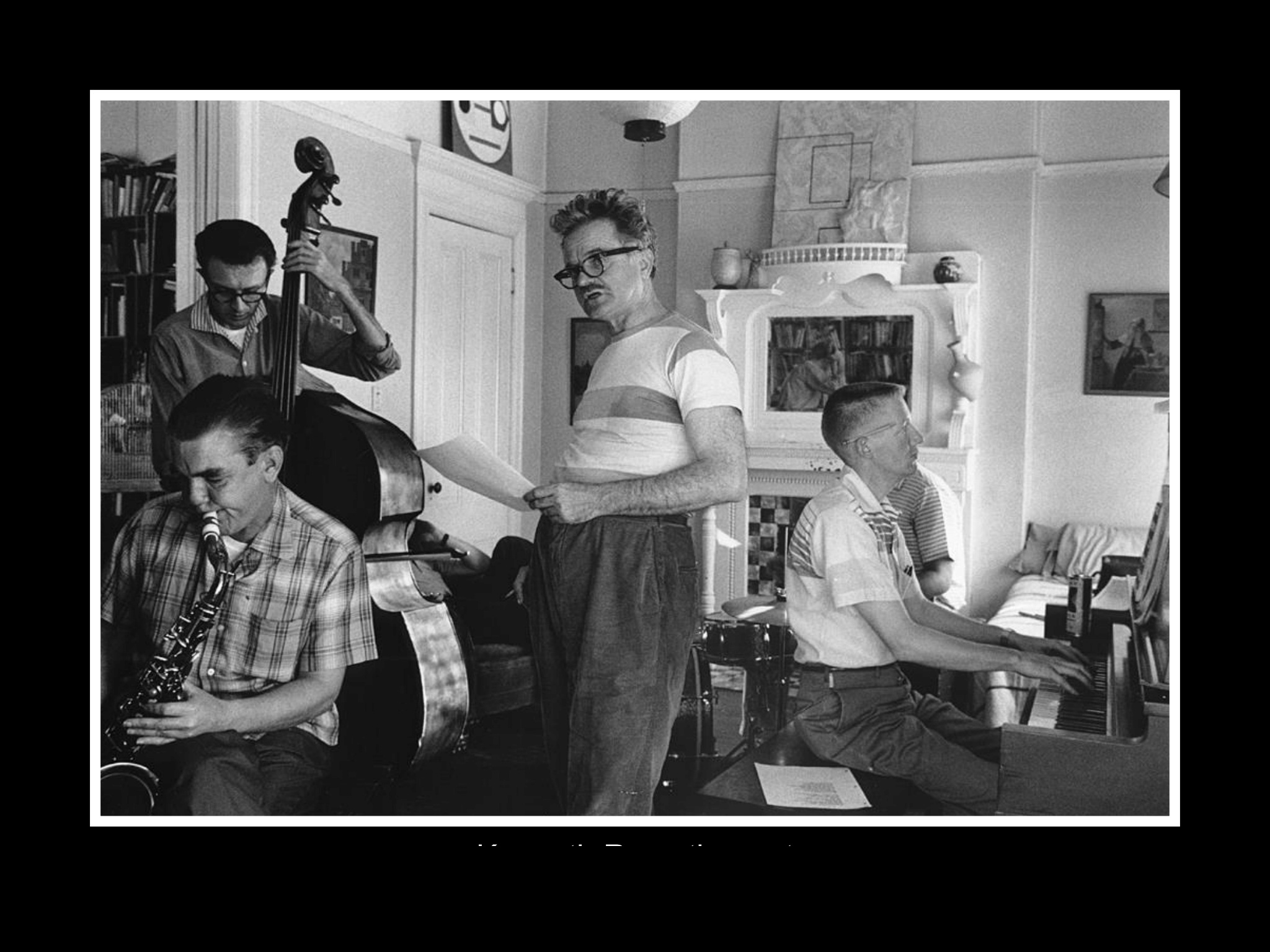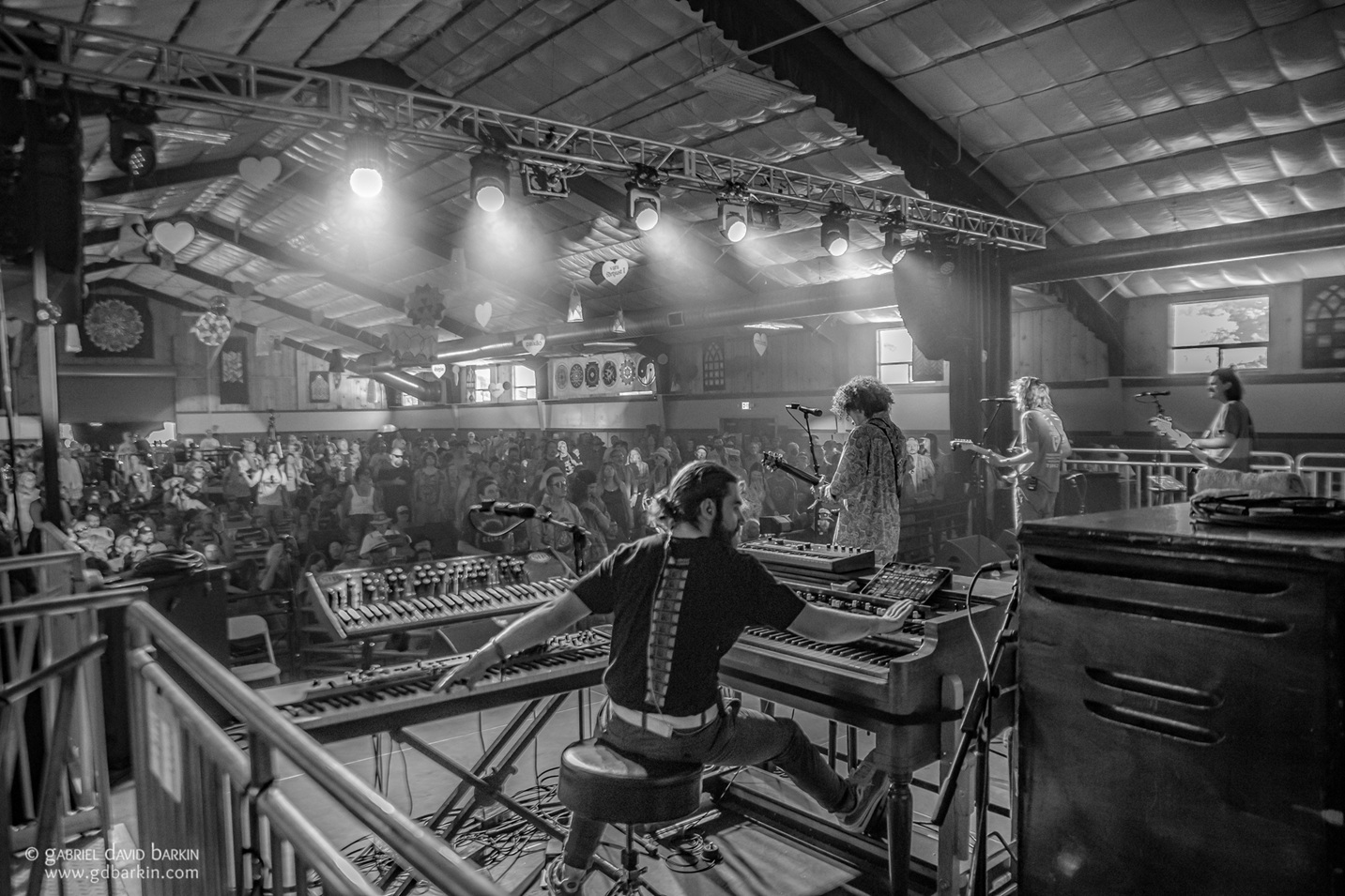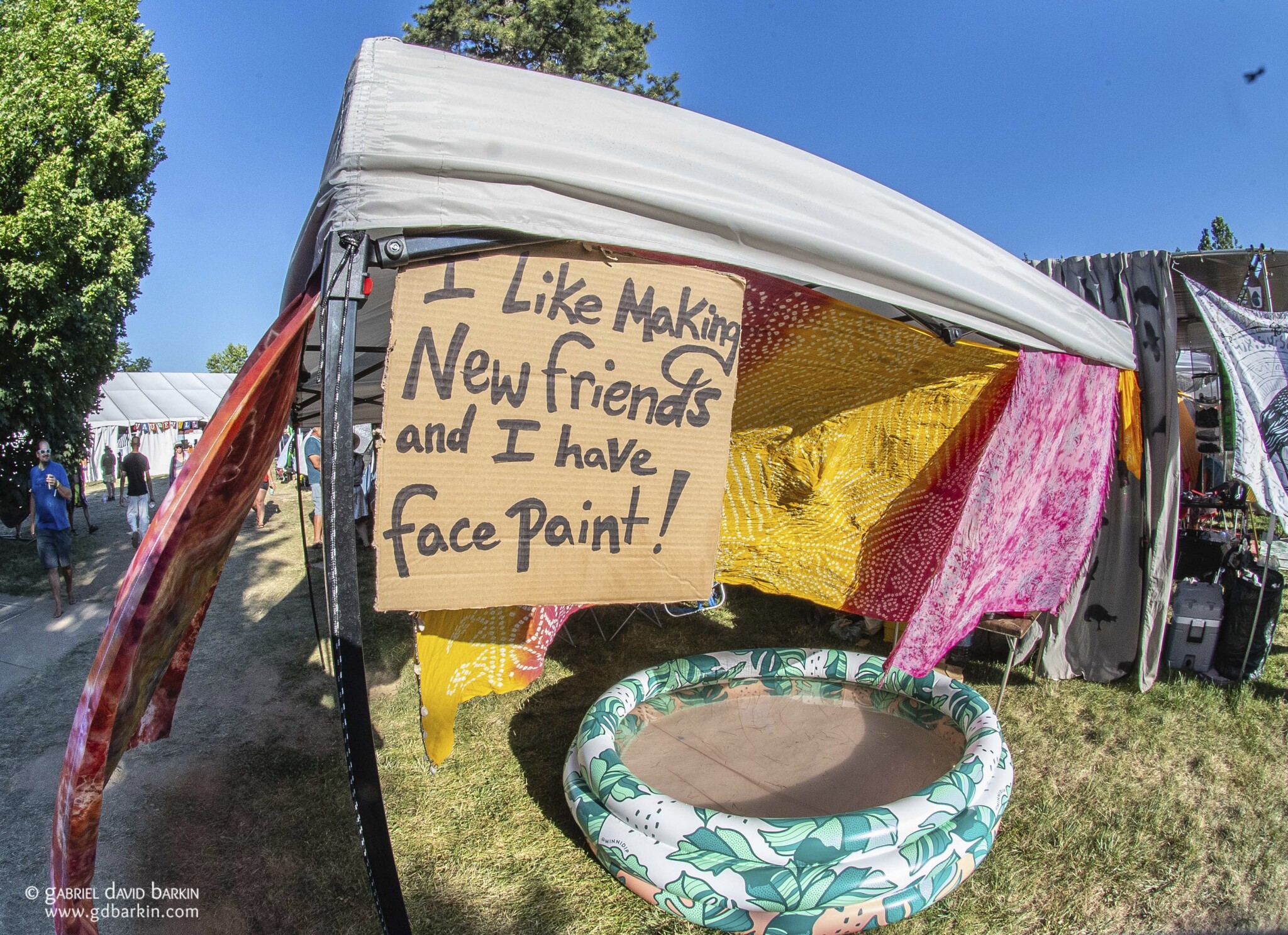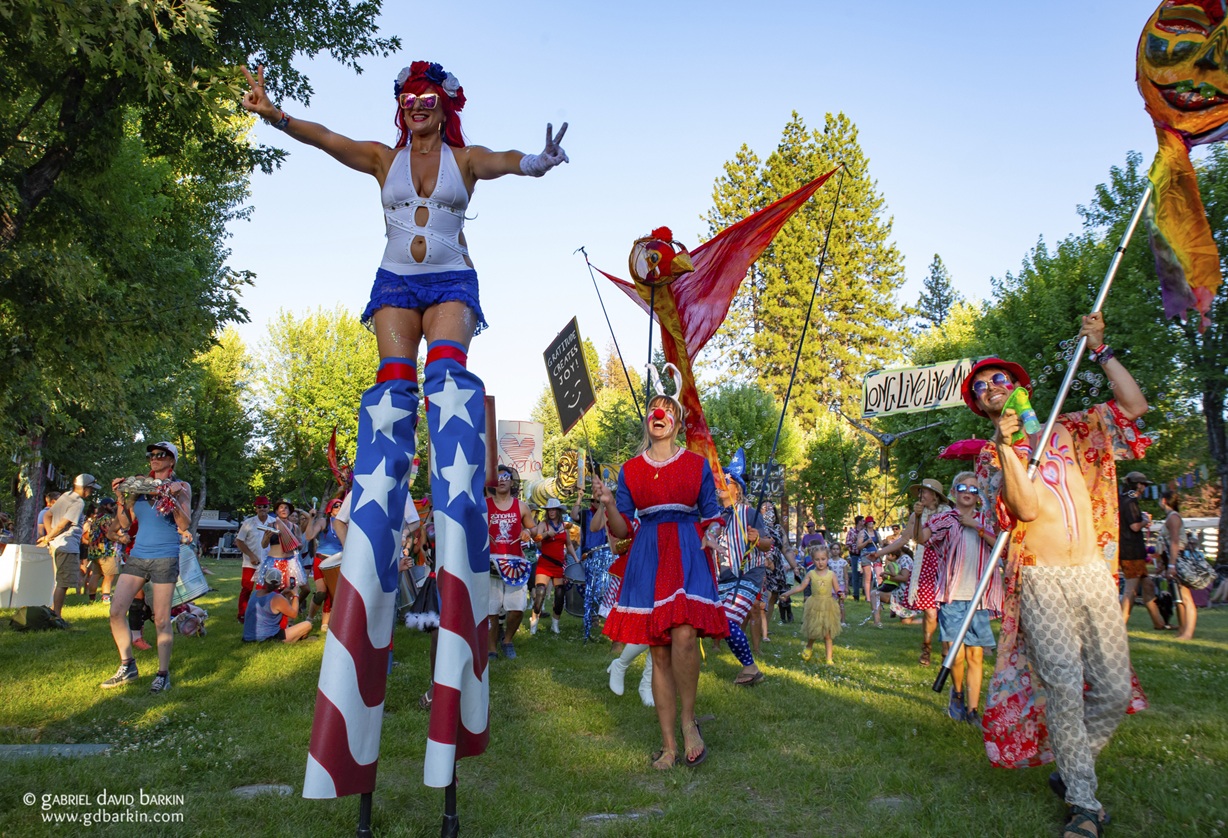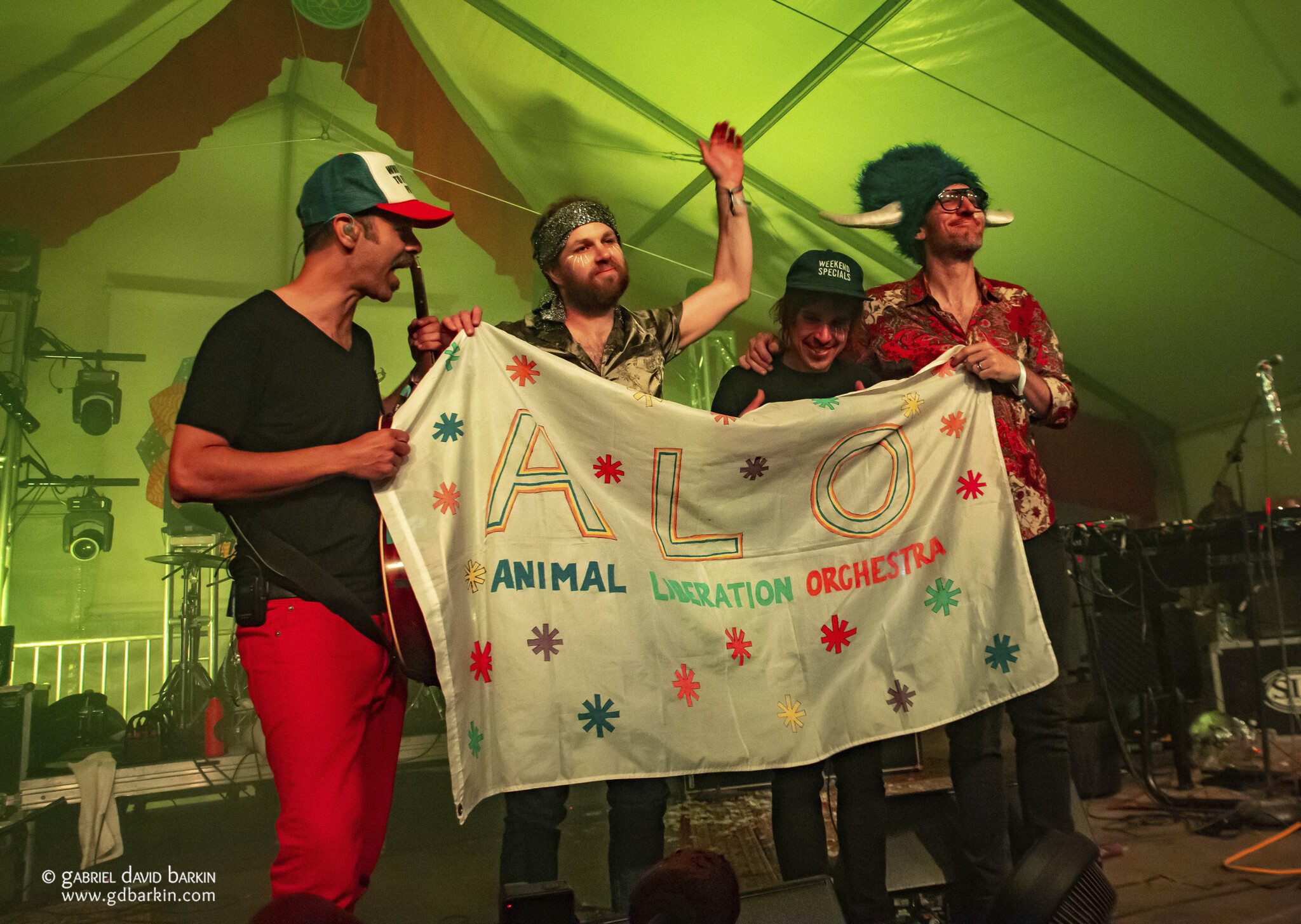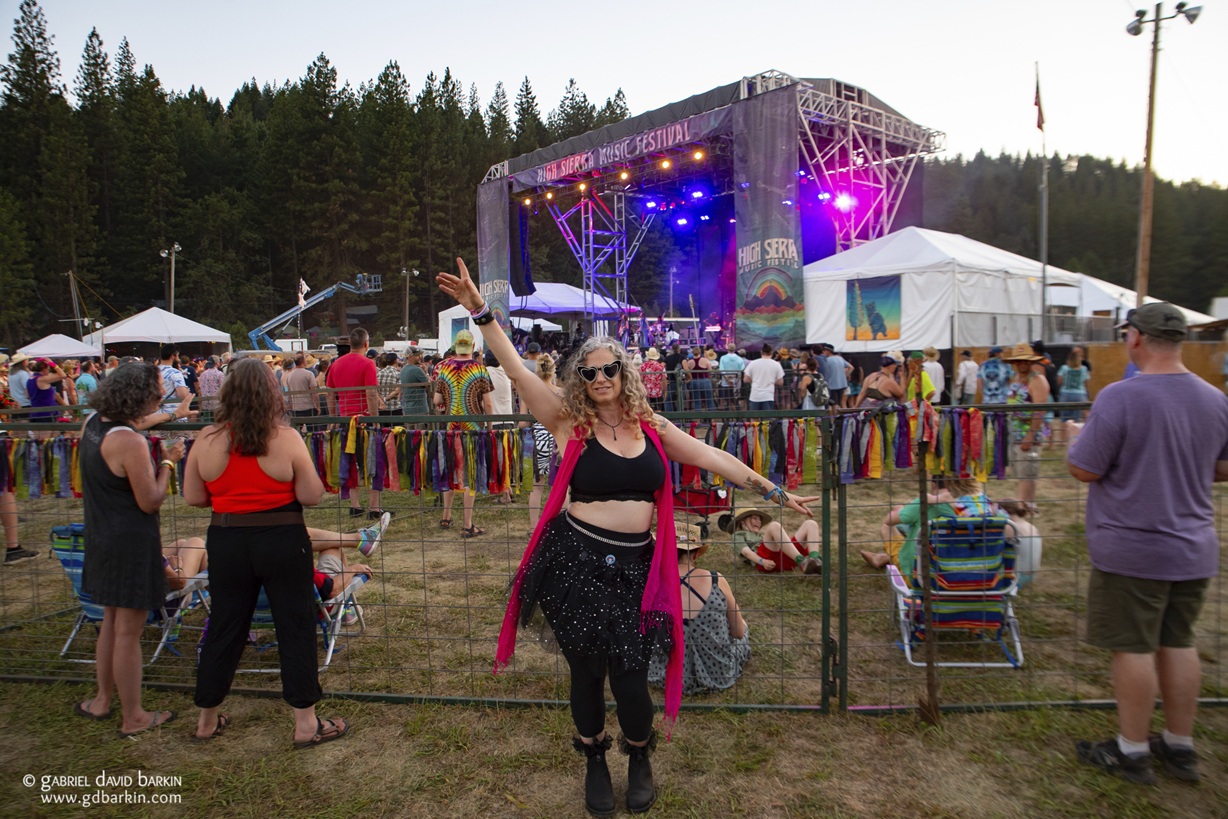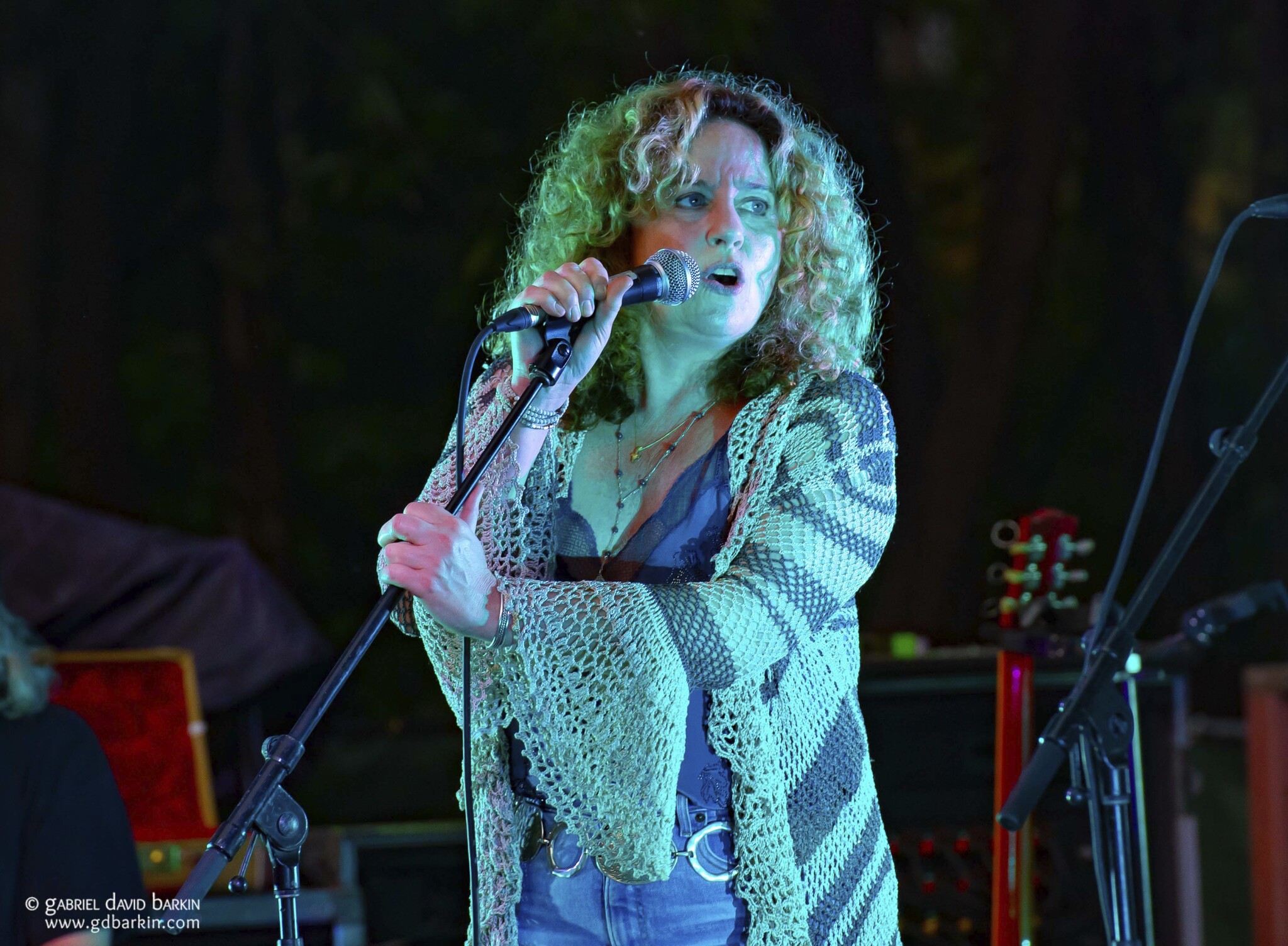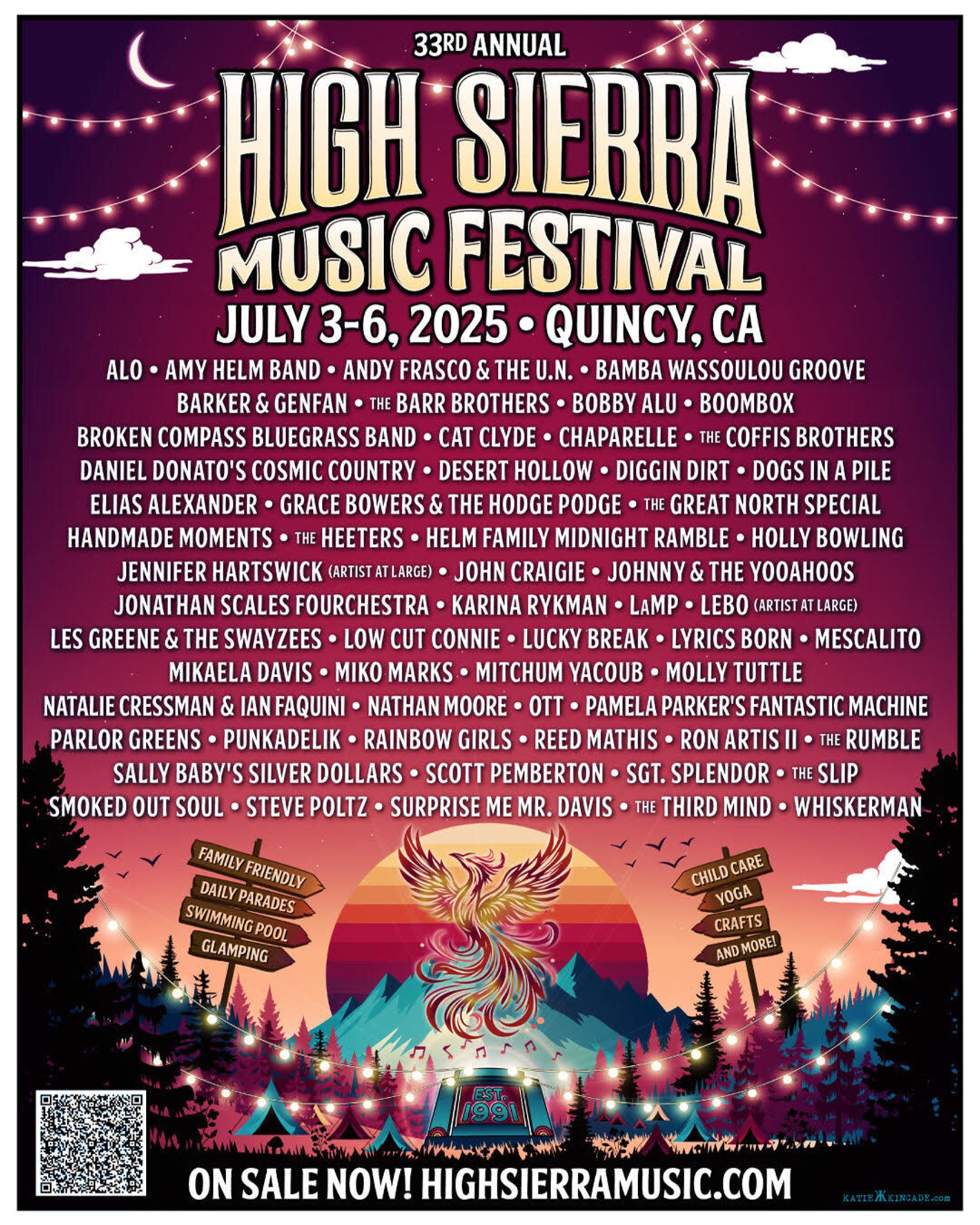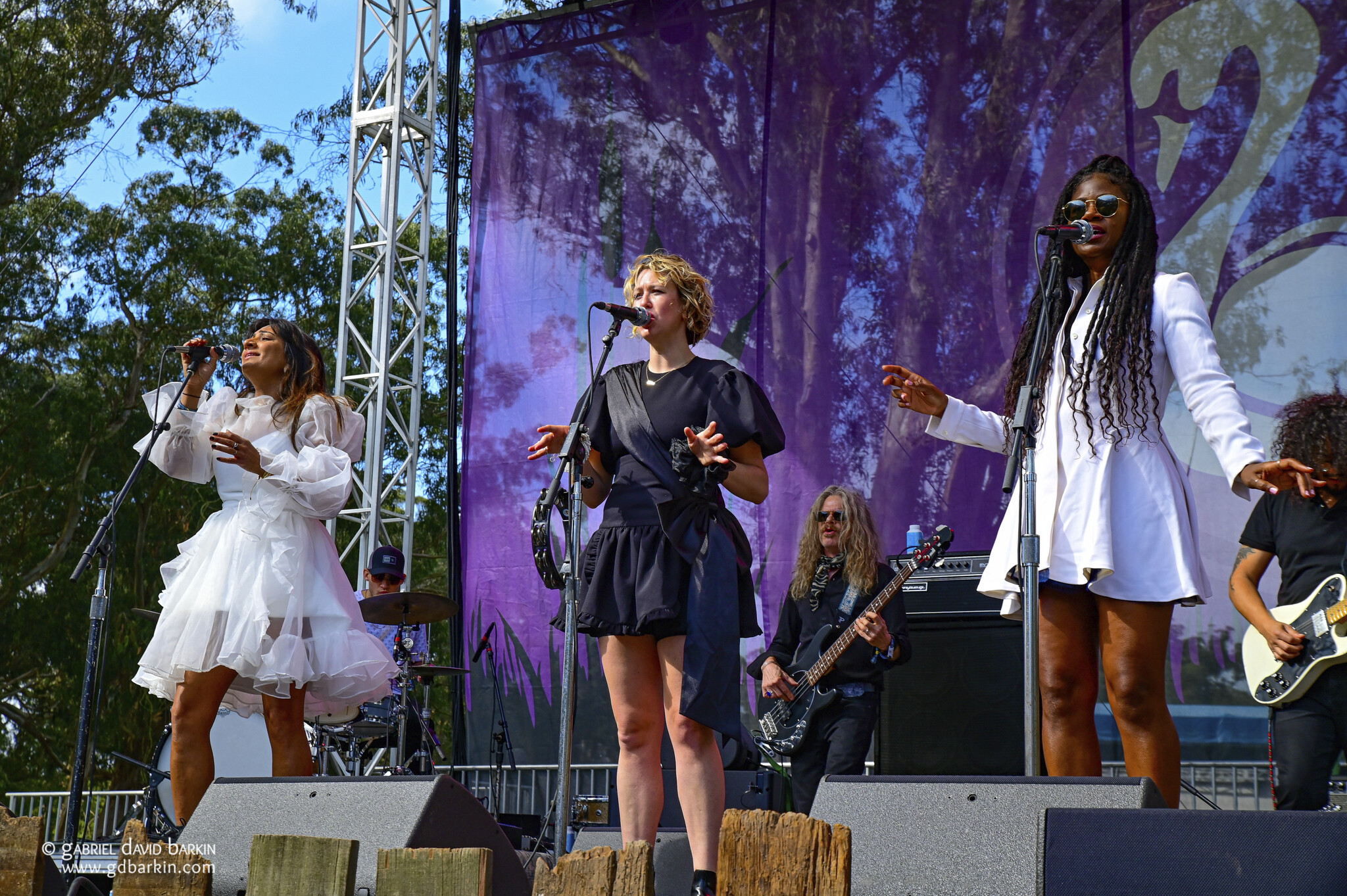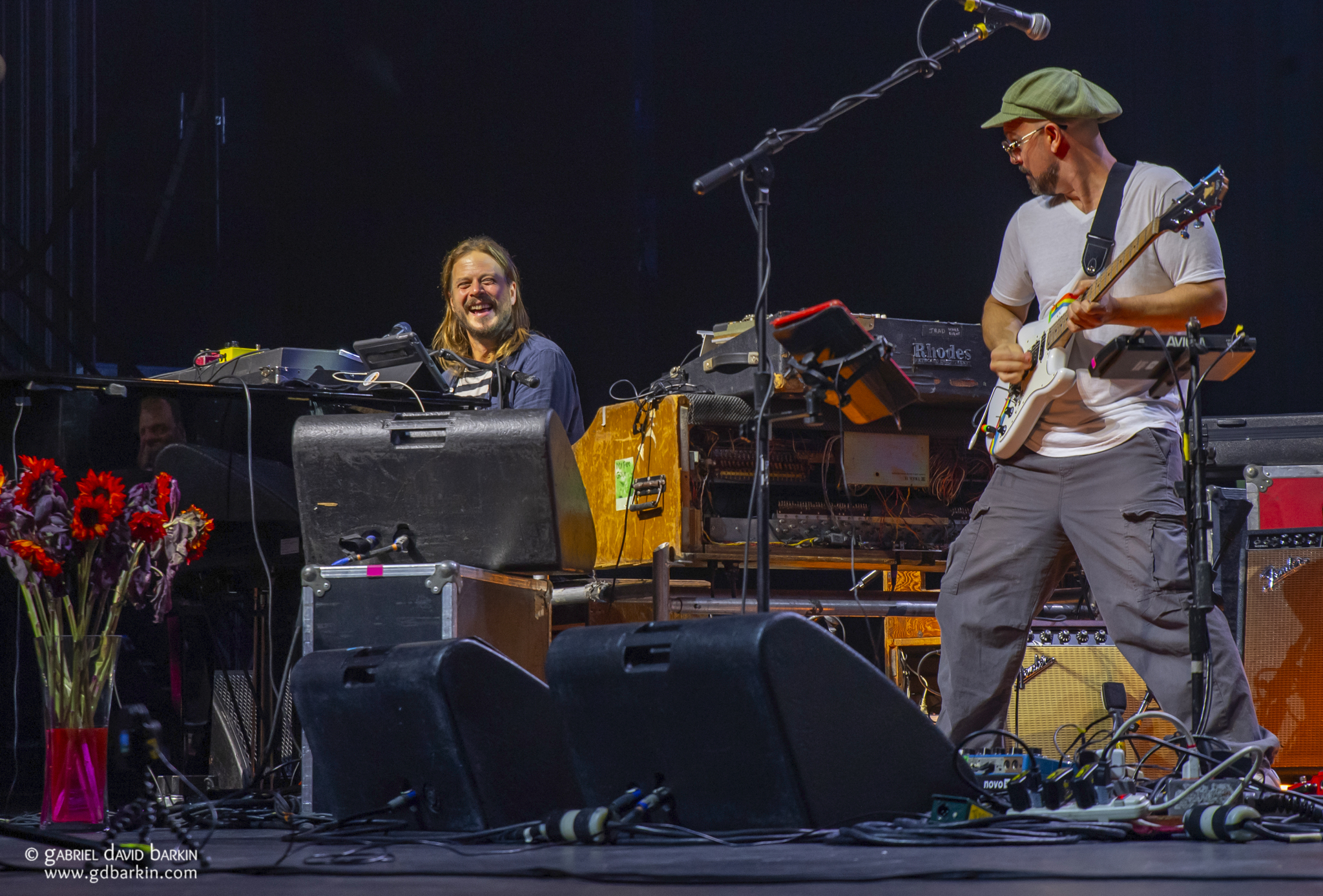My first visit to the New Orleans Jazz and Heritage Festival (a.k.a. "Jazzfest") was sort of a happy accident. In 1988, I was a young 20-something Grateful Dead tourhead, and I heard rumors that Little Feat was going to play their first show since the death of Lowell George a decade earlier. The allure was heightened by the fact that the reformed band would play on a riverboat floating on the Mississippi in New Orleans. I made plans to join up with some Deadhead friends in the Crescent City, the first trip to those parts for all of us.
This being years before the advent of cell phones and the internet, we were flying blind. We showed up in NOLA a week or so ahead of the show date and started to ask around: how do we get tickets? Someone steered us to the local fairgrounds, they said there was a ticket booth there. The fairgrounds? Okay. I think we had some notion that the Little Feat show was tied to a local music festival, but we knew nothing else.
We found a ticket booth in a sparsely populated parking lot at the fairgrounds and asked about tickets. The lady in the booth said we'd have to go to a Ticketron (remember Ticketron?) at a nearby mall, and she showed us where to go on a map. Then she looked us up and down, a handful of tie-dyed hippies with lost-in-the-wilderness eyes.
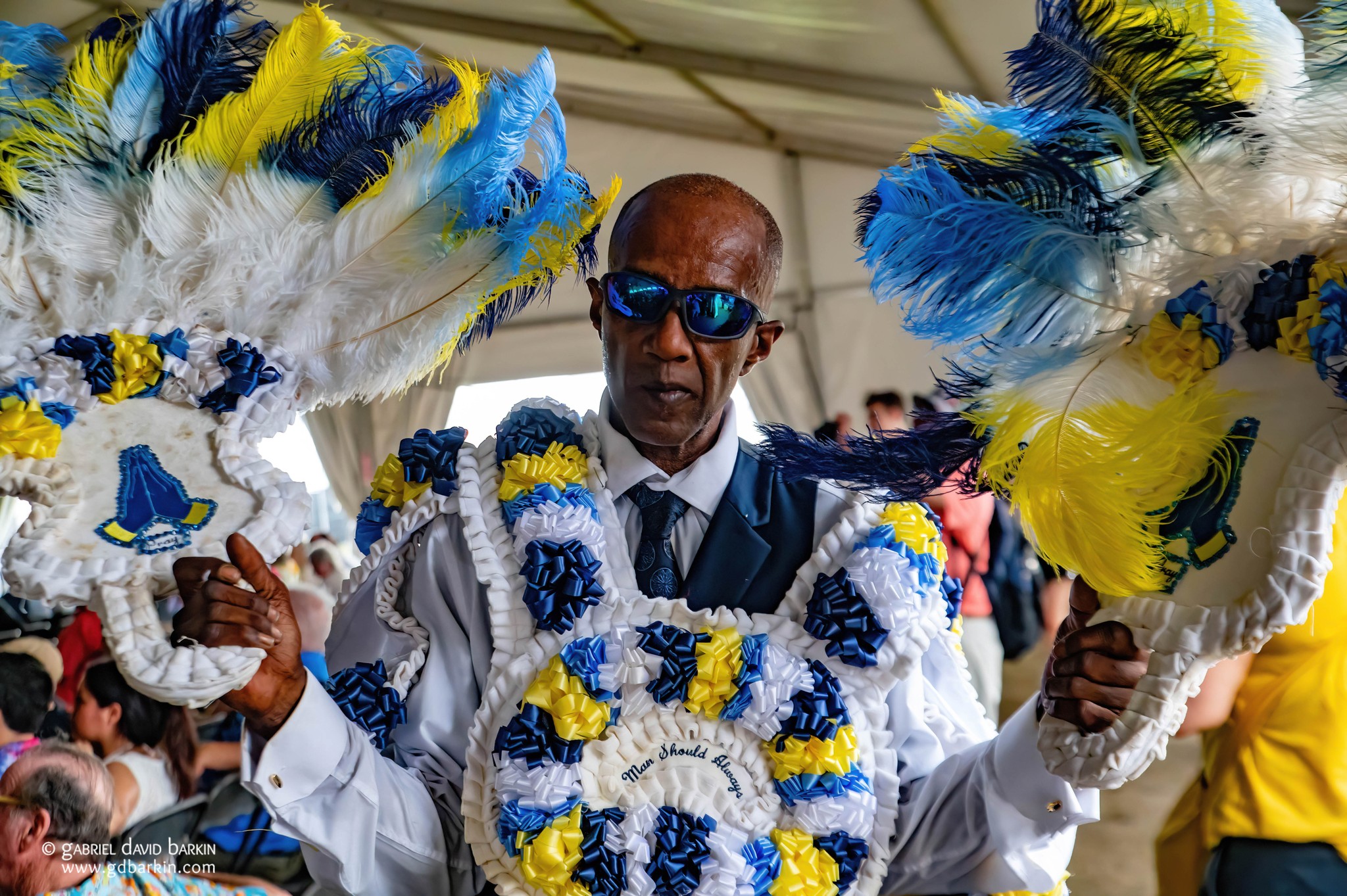
She asked, "Y'all like music?" Yup.
"Do y'all even know what's going on in here?" She pointed toward the fairgrounds behind the booth. Nope, we had no idea.
She called her husband on a walkie-talkie. He showed up at the booth a minute later. Turns out her hubby was one of the event's lead security officers. "These people ain't never heard of Jazzfest," the ticket booth lady said. "I think you should walk 'em in."
And so we were indeed escorted inside and turned loose. Looking around, we felt like Dorothy must have felt after being transported by a tornado to Oz and walking out her front door into a Technicolor dreamscape. It was the first Friday of that year's festival (there was no Thursday Jazzfest back then) and we caught Taj Mahal closing the main stage. Holy shit.
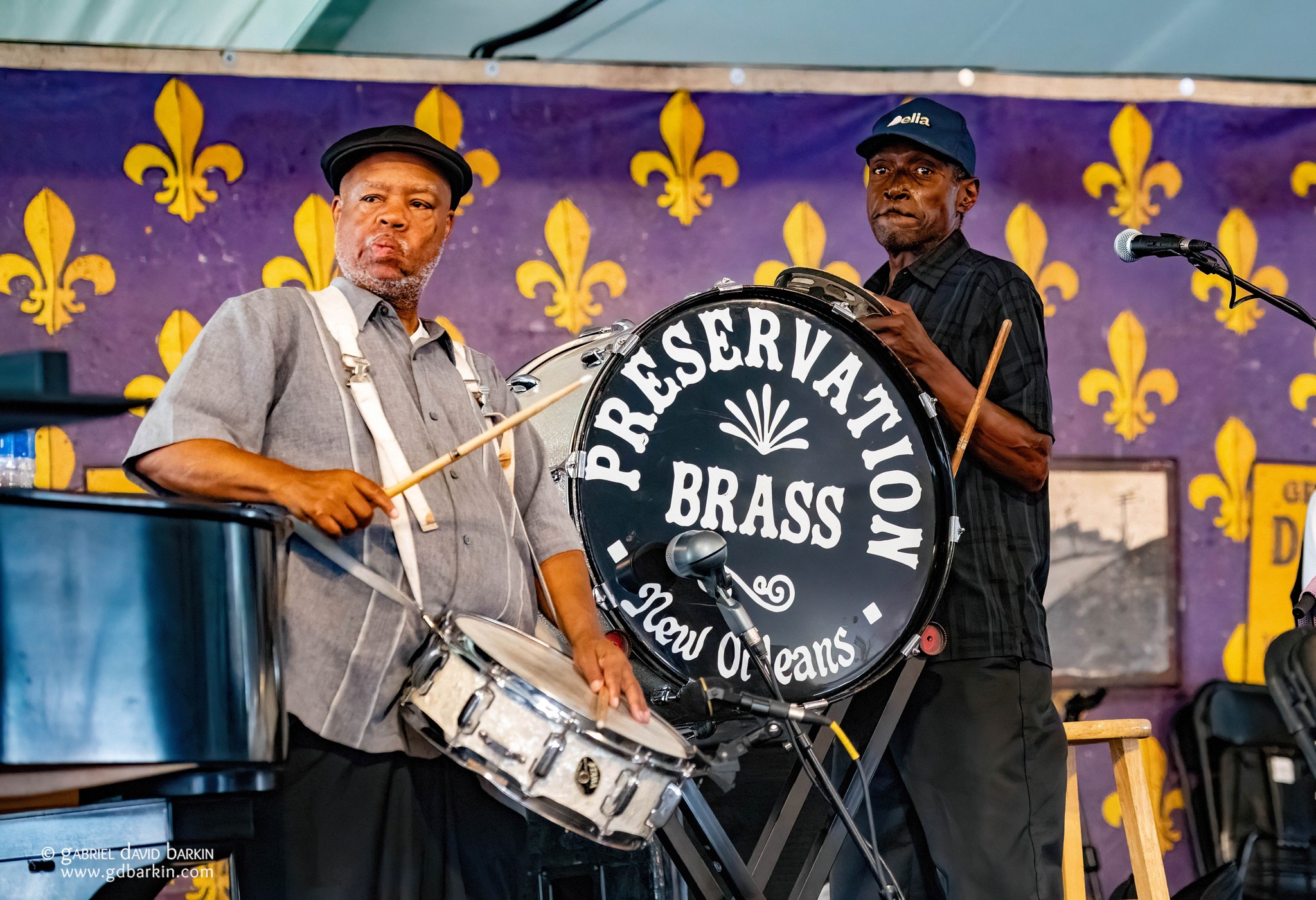
Over the next two weekends, we were hooked. Yes, we ended up getting tickets for Little Feat's show on the Riverboat President (the last official Jazzfest riverboat show, as it turns out) with guest star Bonnie Raitt and an opening set by The Radiators. That was the second weekend – and by then we'd been on the Riverboat President once already to see a B.B. King / Stevie Ray Vaughan double bill. We'd also spent many nights crawling the French Quarter. And we'd gone to every day of Jazzfest. We saw the Rads play until dawn at Tipitina's. We ate our fill of blackened redfish, red beans and rice, and jambalaya. Fu*king NOLA, where y'at!
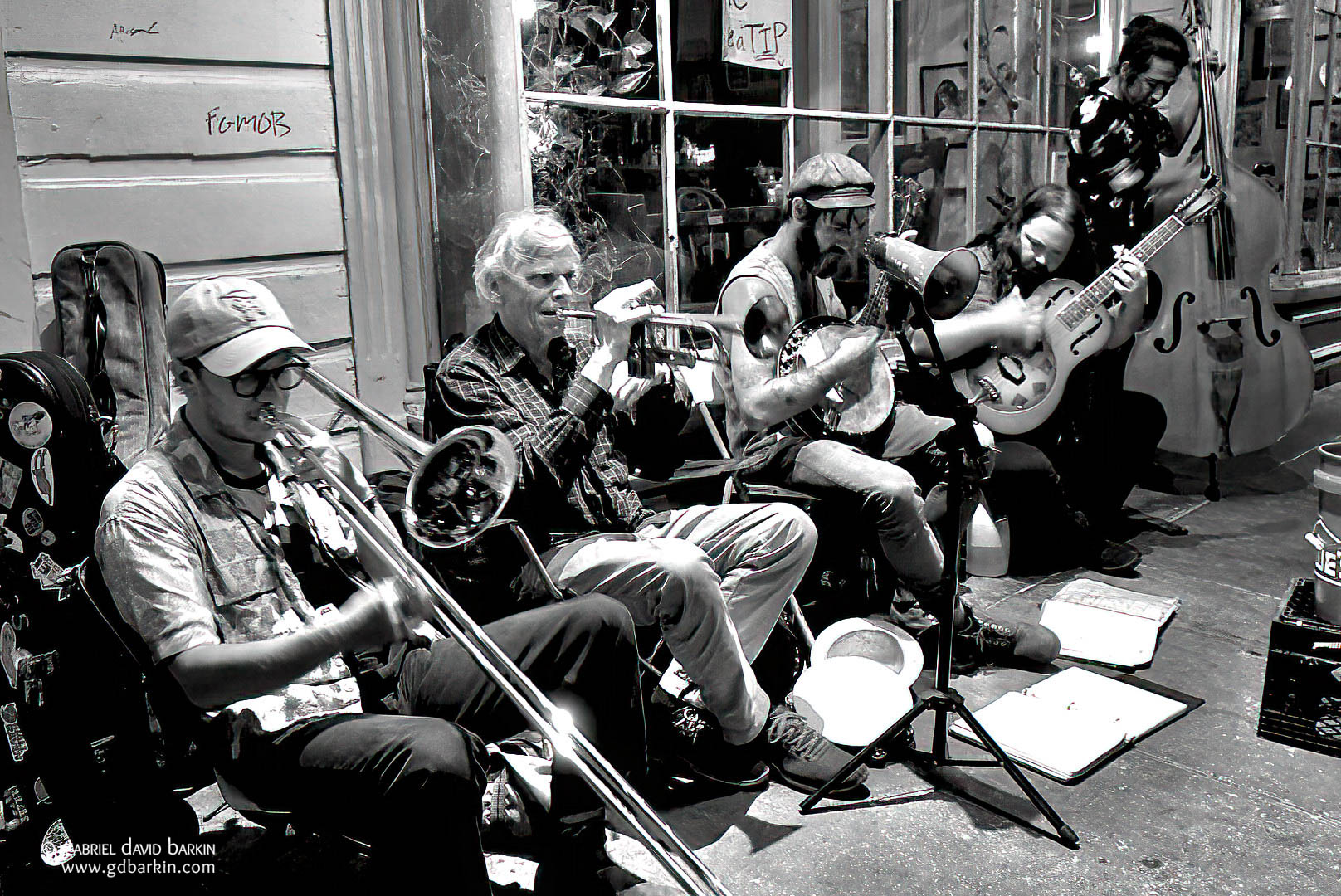
I’ve been to a dozen or so Jazzfests since then. It’s an addiction; I might skip a year or two here or there, but it always calls me back. (I know, that makes me a softie in some people’s eyes.) I might have found my way down there at some point anyway if not for Little Feat, but that lady in the ticket booth did me and my friends a solid, and I will always think fondly of her. I think her name was Laverne?
So here I am heading back to Jazzfest again, traveling with a lifelong friend for the second weekend of 2024 and looking forward to – who knows what? Tons of amazeballs music, killer food, sweaty days and steamy nights, and not much sleep. Bring it!
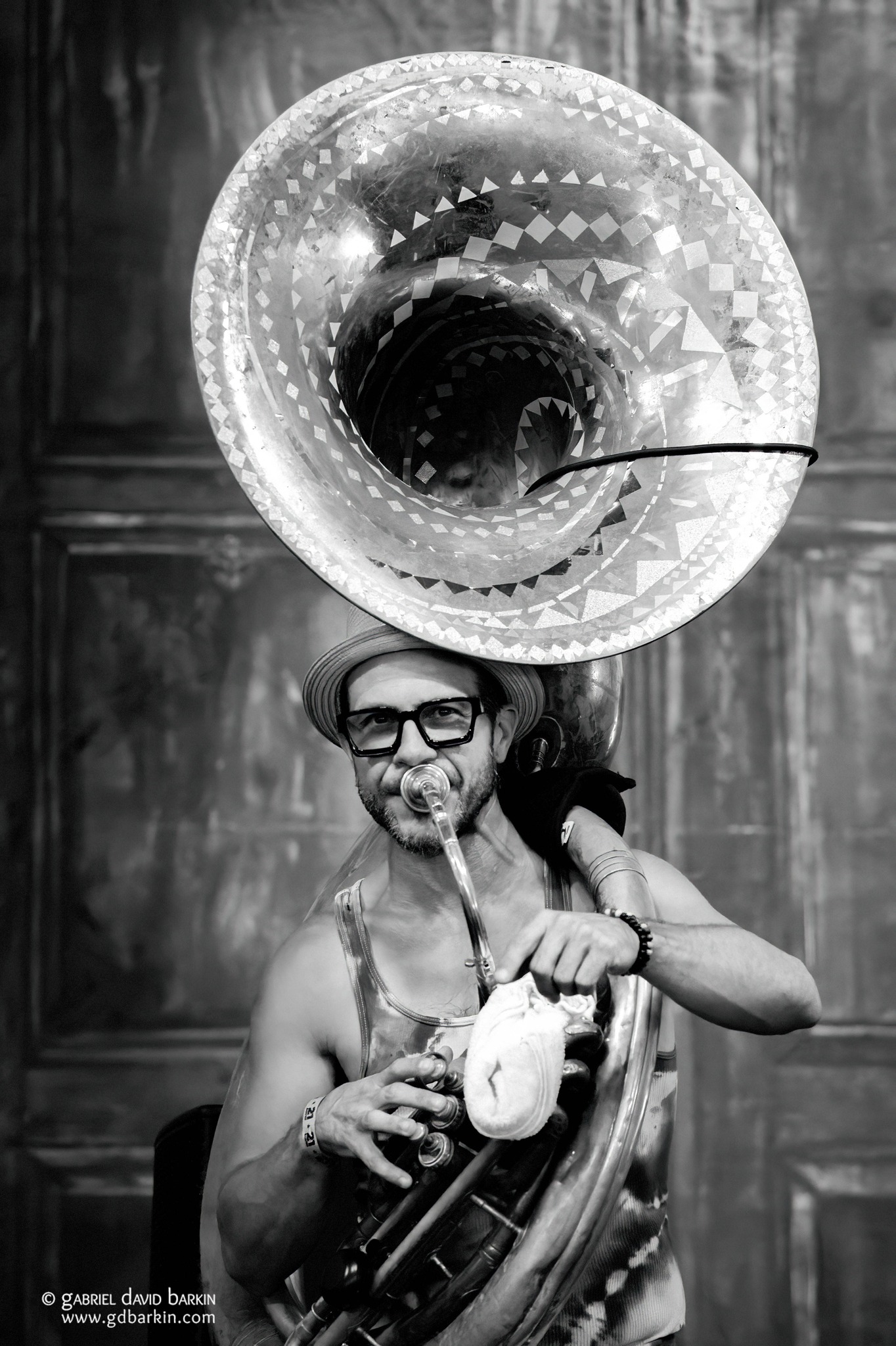
I wrote this journal before, during, and shortly after my trip. As I write this, I have no idea how it’s gonna end.
Jazzfest was the brainchild of Olaf Lambert, the manager of the Royal Orleans Hotel in the French Quarter, and George Wein, founder of the Newport Jazz and Folk Festivals. After a few attempts to kick off a yearly festival in the 1960s, Wein, in partnership with Quint Davis and Allison Miner, produced the first official New Orleans Jazz & Heritage Festival in 1970. Only a few hundred people attended the first year's festivities. Performers at the weekend-long event included Mahalia Jackson, Duke Ellington, Fats Domino, and The Preservation Hall Brass Band.
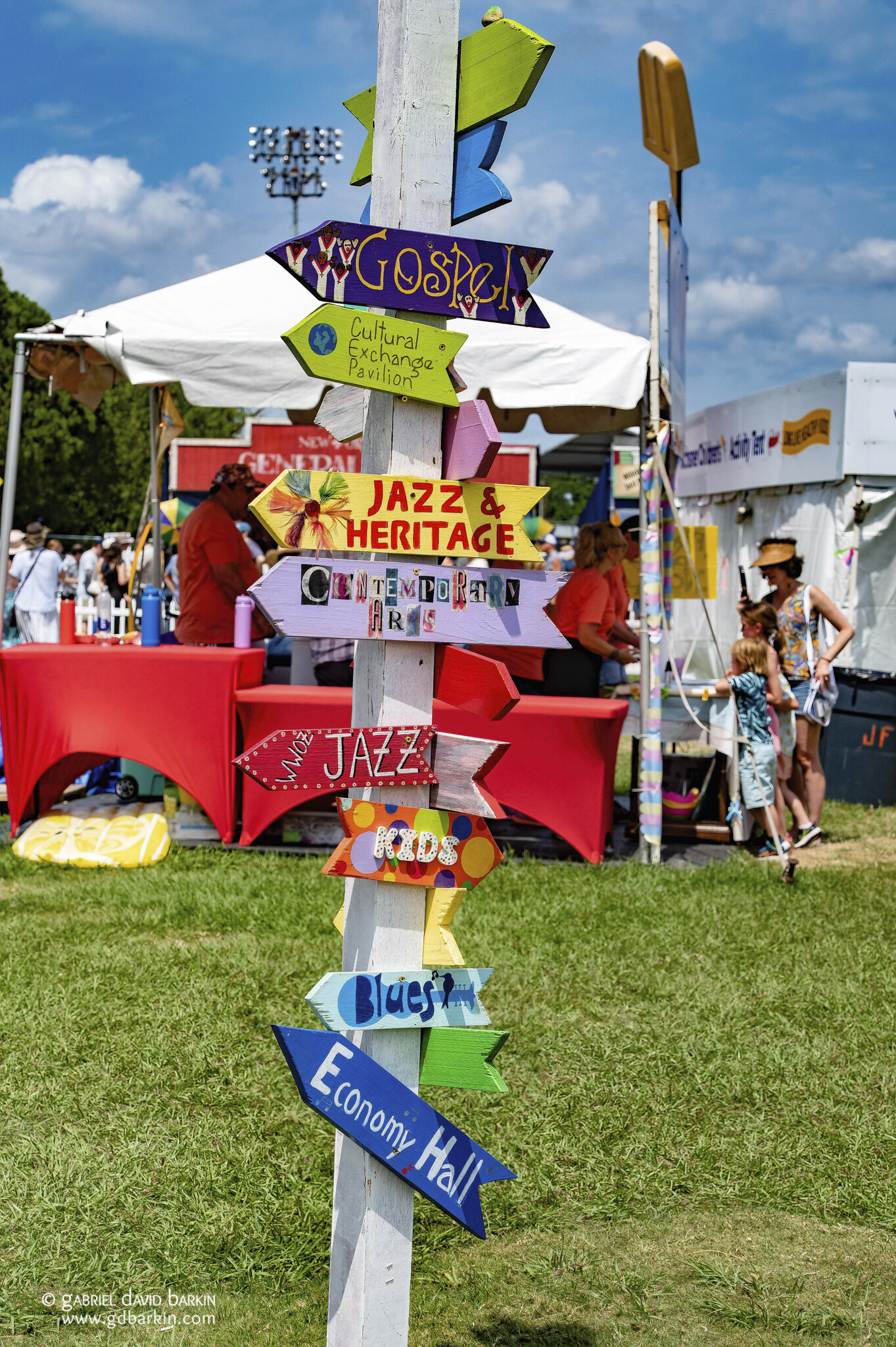
The first two Jazzfests were held on the historically significant site known as Congo Square in the Tremé district, not too far from the French Quarter. Two years later, the event was relocated to its present-day home at the Fair Grounds Race Course (from here on I'll just call it "the Fairgrounds"), which encompasses several acres of dirt and sod encircled by a one-mile oval horse track. From 350 attendees that first year in Congo Square, the festival has grown into a behemoth, now scheduled for eight days over two long weekends each year with over 400,000 (!) unique visitors annually. It has become one of NOLA's biggest tourism events, second only to Mardi Gras. Book your hotels / Airbnbs and restaurant reservations early, folks!
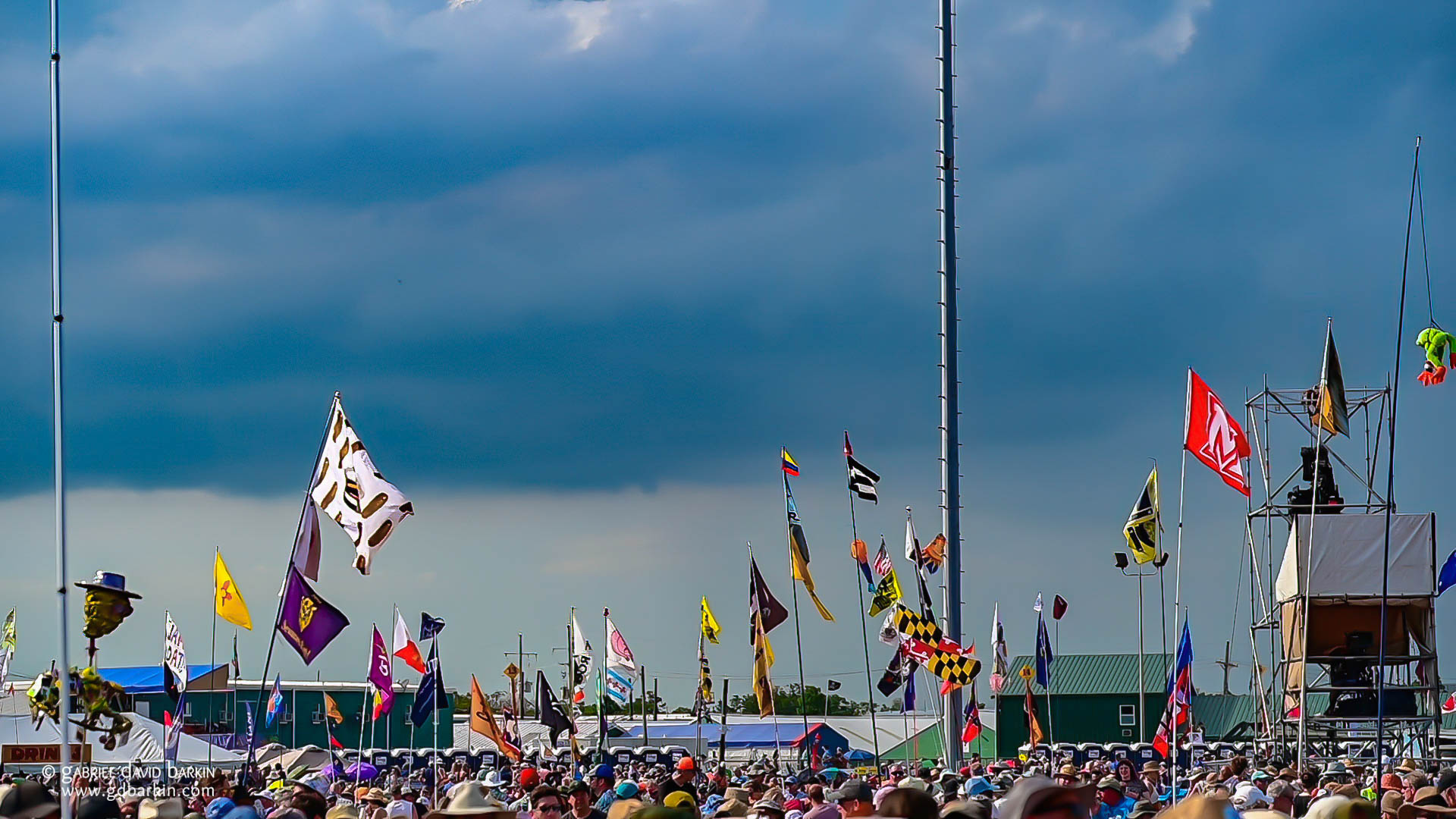
When I first went in 1988, there were about ten stages, all within the oval racetrack. Since then, the Blues, Gospel, and Jazz Tent stages have been moved outside the dirt oval to a concrete parking area (still inside the Fairgrounds). A few smaller stages have been added too, including one inside the grandstand courtyard, and they've also added a small tent in the middle of the maelstrom which has become one of my favorites, the Cultural Exchange Pavilion.
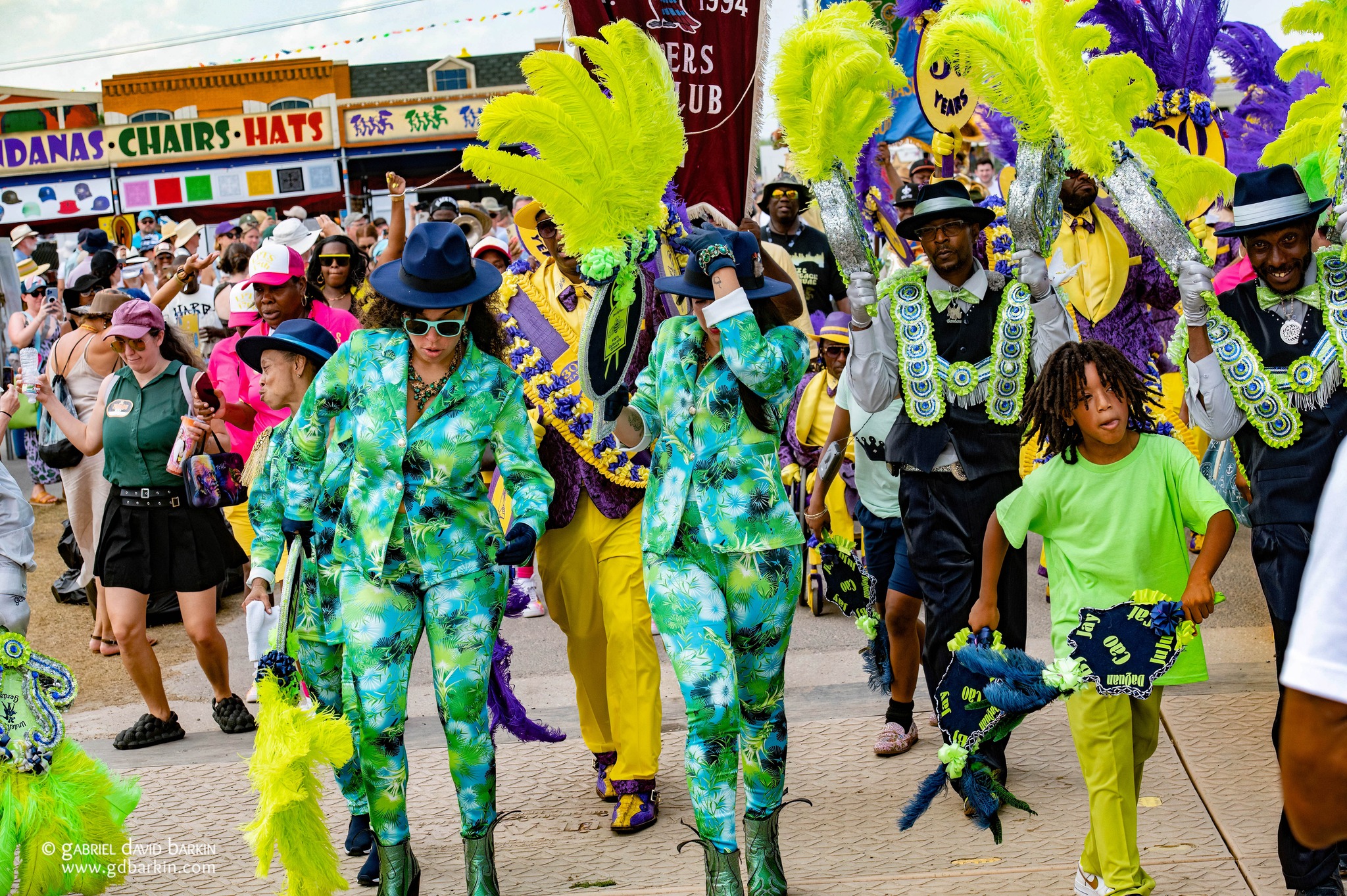
Spread amongst the stage areas, fest goers can enjoy a selection of the Mississippi Delta’s finest regional cuisines from dozens of local vendors. The mouthwatering flavors of Cajun, creole, soul food, and Caribbean comestibles are unparalleled. Some people, I’m sure, come just for the food! Craft vendors are also featured throughout the grounds, with wares ranging from kitschy to sophisticated art gallery fare (some might call it “highfalutin”) representing a multitude of folk and modern traditions.
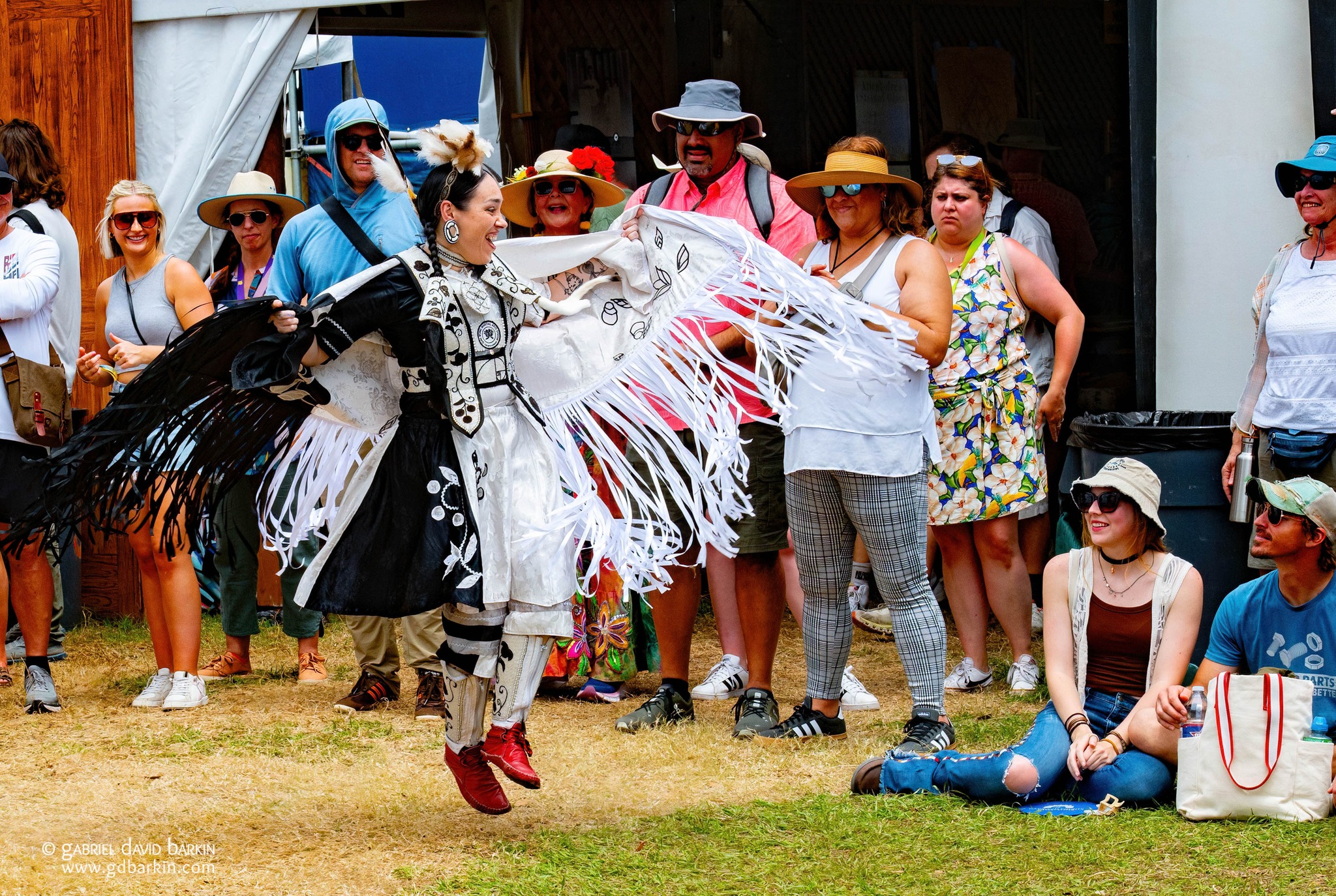
Wandering around the grounds, you might also run into a cooking or blacksmith demonstration, some Mardi Gras Indians attaching feathers and beads to a parade participant’s headdress, or a scheduled interview with a famous musician. That is, if you don’t get impeded – and pleasantly distracted – during your wanderings by one of several daily parades scheduled on the walkways that wind through the Fairgrounds.
Jazzfest can be quite enjoyably overwhelming.
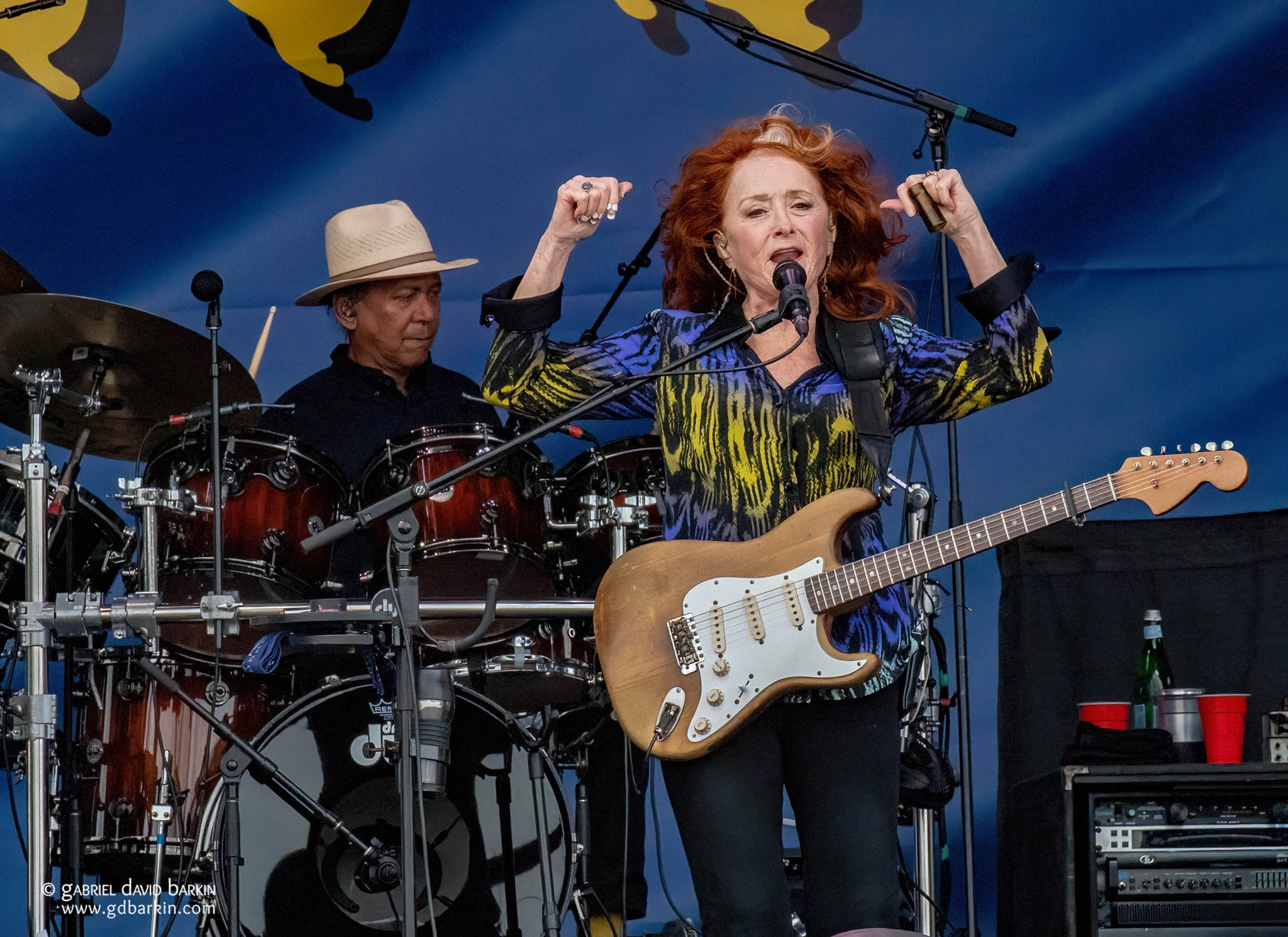
And perhaps the most overwhelming factor is the music. With 15 stages, overlap is inevitable. Just for example, the closing Sunday this year will feature Trombone Shorty, Earth, Wind & Fire, Bonnie Raitt, Tower of Power, George Thorogood, the Wallflowers, and several other acts – all at the same time! I remember one year when I was faced with similar FOMO overload, I ended up just buying a Café du Monde beignet and grooving to some super-high Gospel Tent performance by someone I’d never heard of because, well, it’s all good.
Perhaps the best way to look at it is to rate your Jazzfest experience not by the bands you see, but by the bands you didn’t see.
Just for a snapshot of the caliber of musicians Jazzfest pulls in, here is a teeny-weeny partial list of global headliner acts I’ve seen at Jazzfest over the years – to say nothing of the many acts I’ve NOT seen who have played while I was there: Diana Ross, Elton John, The Eagles, Dave Matthews Band, Foo Fighters, James Brown, Willie Nelson. And then there’s the endless parade of NOLA luminaries I’ve seen, from the Neville Brothers to Fats Domino to Allen Toussaint to Irma Thomas.
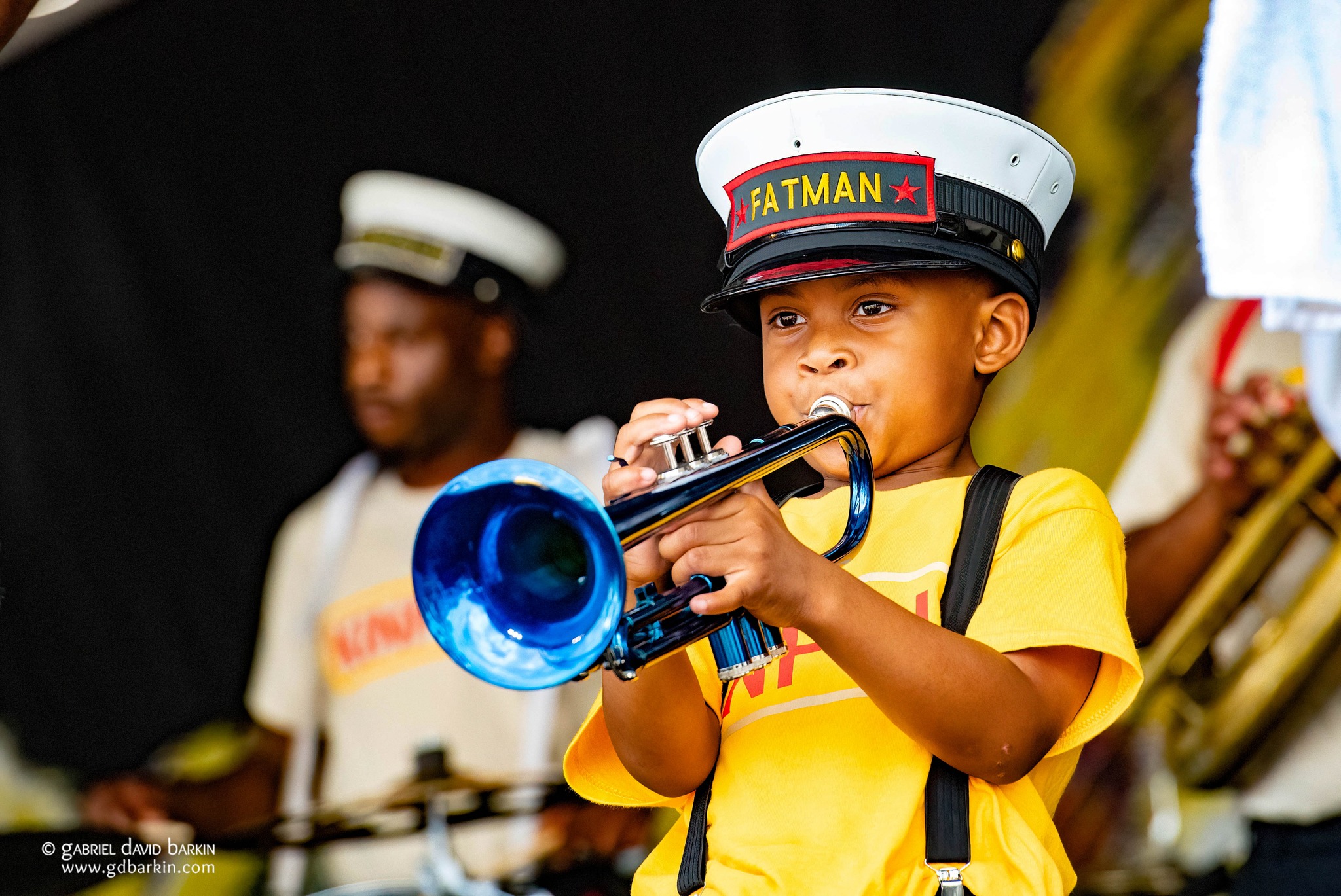
But despite the incredible count of world-famous names above (and believe me, that’s not even a drop in a very big bucket), my favorite acts are often people I’ve never heard of. For that reason, it’s worth going early each day; it’s less crowded, the line to get inside is shorter, and you get to see tons of unsung musical geniuses who play before 2:00 pm. Food lines are shorter before noon too (and hint-hint: they are often shorter after about 5:00 pm too.) This year, I’m also really looking forward to the Colombian acts who will be featured in the Cultural Exchange Pavilion. And I often stumble onto a new fave walking by a stage on my way to see someone else. Cuba’s Cimafunk and Jupiter and Okwess from the Democratic Republic of Congo are exciting treasures I discovered this way. (Do yourself a favor and check those bands out!)
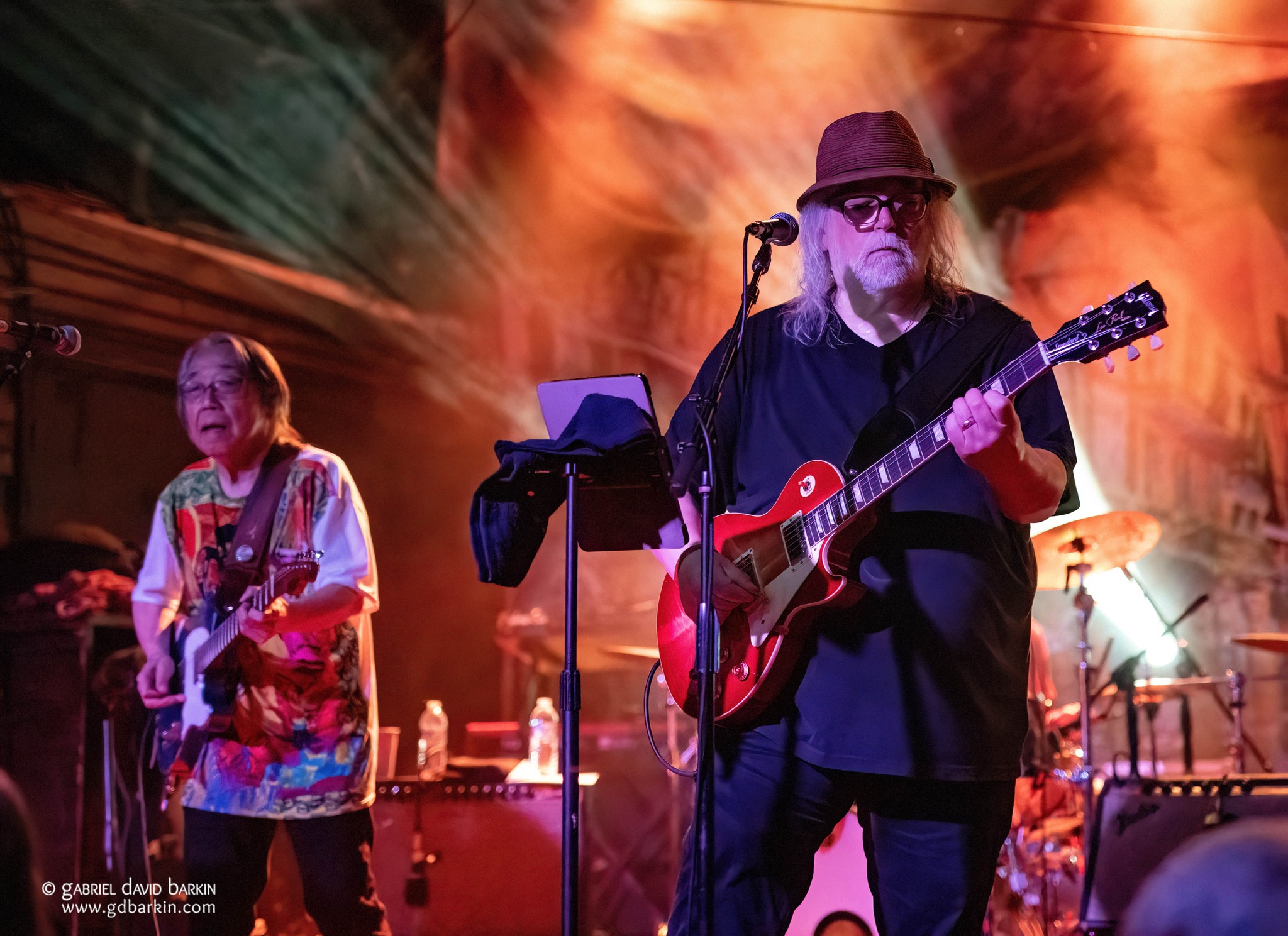
Of course, showing up early isn’t easy if you go out to a 3:00 am show at Tipitina’s. It’s all about choices. I used to do those super-late night shows, but now I plan my evenings around something that ends not too long after midnight so I can wake up and beat the crowd to the Fairgrounds. There’s a million ways to do it. I’ll do me, you do you, it’s all in good order. Those late-late-late shows can be mighty tasty, I will admit.
My Jazzfest mantra is, “Let the good times roll.” I know, so original, right? But it works if you work it.
Each year, seasoned fest goers pray for temperate weather, but the good money says to plan for both sweltering sun (bring sunscreen and a hat or umbrella!) and rain that can turn the infield into a mud pit. As I write this, it looks like it’s gonna be a hot one this year with scattered thunderstorms. Par for the course.
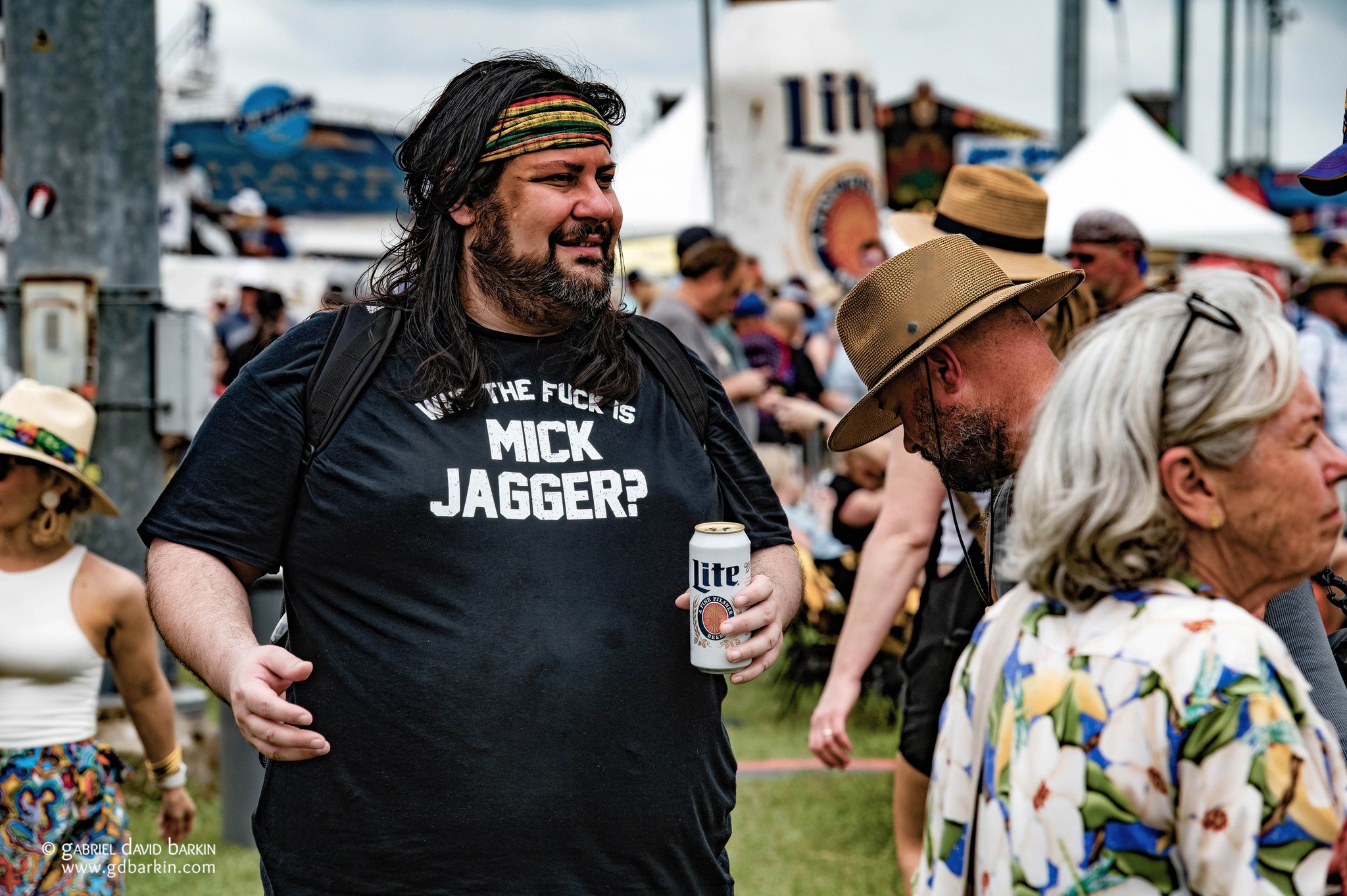
One last pre-fest note before I board my plane: I’ve now had tickets to see the Rolling Stones at Jazzfest three times. In 2019, Mick cancelled the leg of the tour that included Jazzfest due to heart surgery. In 2021, when Jazzfest attempted an autumn festival after skipping two years due to the pandemic, a resurgence of Covid forced another cancellation. You can’t always get what you want, that’s one apt cliché. But another cliché is that the third time’s the charm. I’m comin’ for yah, Keef!
WEDNESDAY, MAY 1
Frenchman Street is at one end of the French Quarter, several blocks away from the hubbub of Bourbon Street. A three-block stretch of Frenchmen is known for a string of music venues, street performances, and local flavor. On any given night—especially during Jazzfest and other NOLA events—a music fan can hear a variety of jazz, blues, and funk just by walking down the street.
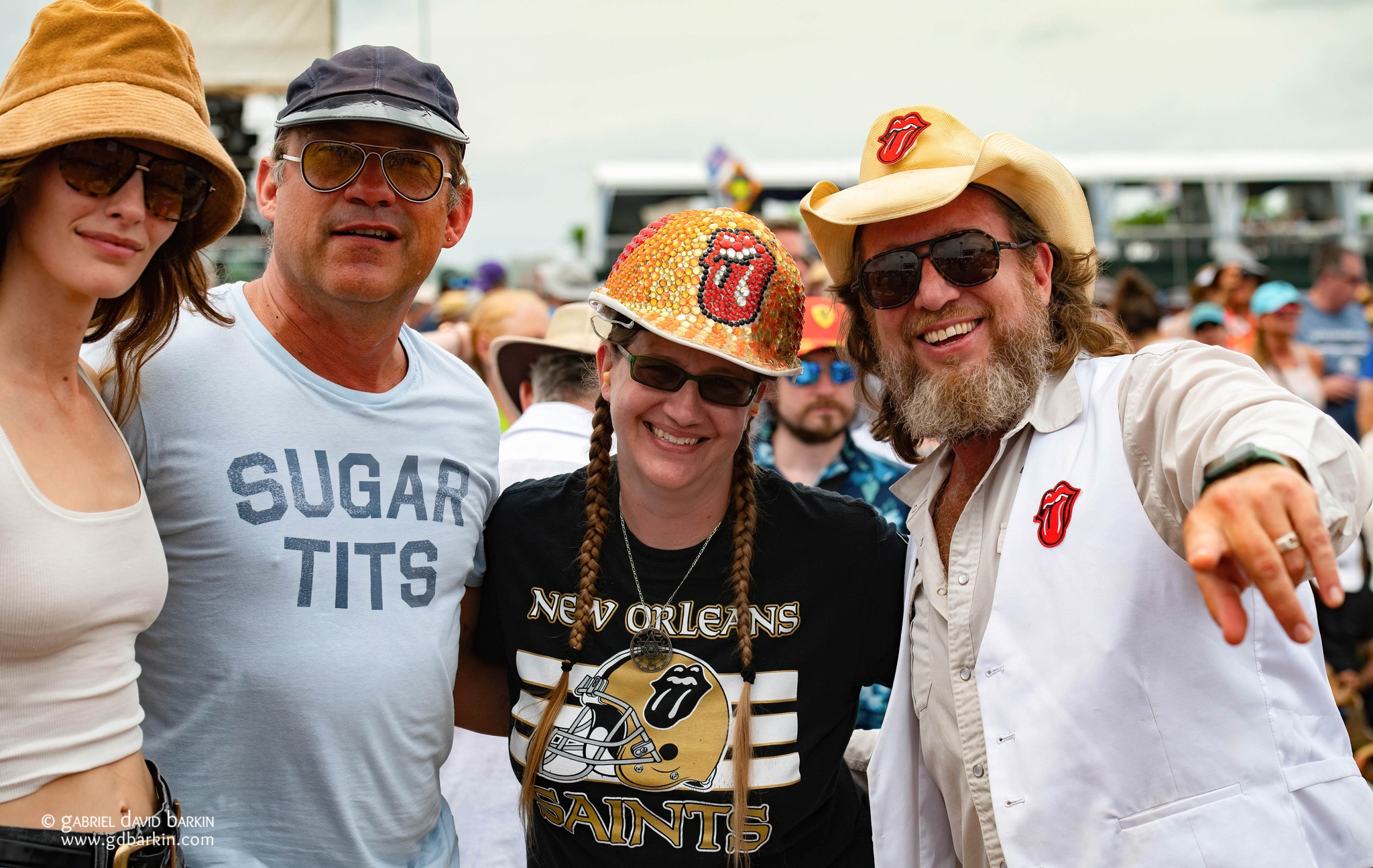
I spent the night before Jazzfest Weekend 2 on Frenchmen, soaking up the steamy heat. A brass band with about a dozen players commanded attention from a crowded semicircle of partiers on the corner in front of Willie’s Chicken Shack. Further up the street, a quintet sat on low beach chairs in front of a closed storefront playing Dixieland blues. A number of bars with no cover charge and, typically, a loosely-enforced one drink minimum hosted ragtime, reggae, and R&B that could be heard out on the street.
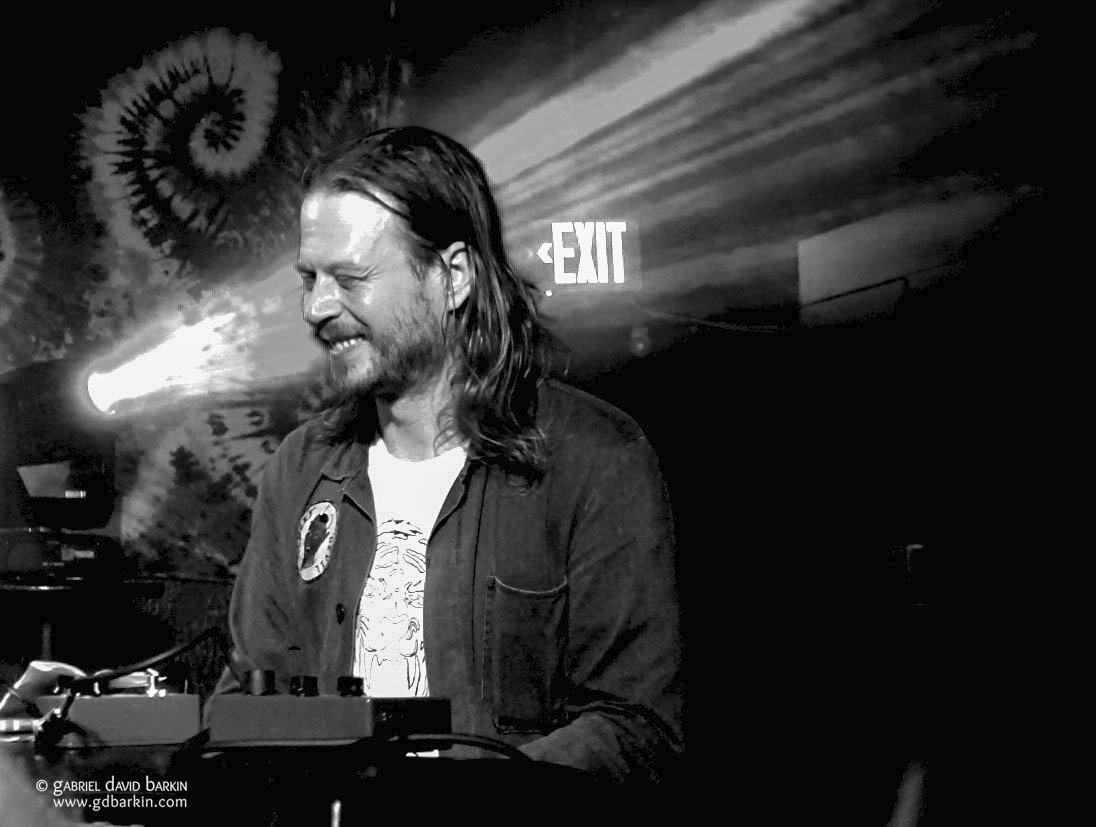
The Blue Nile is probably the biggest club on Frenchmen. I caught the early show, a jazz combo featuring Cochemea (saxophone), Marco Benevento (keys), Robert Walter (keys), Reed Mathis (bass), and Chris Corsico (drums). Benevento, in town for a three-night run with Joe Russo’s Almost Dead at the Fillmore New Orleans, was having a ball playing a set that included pieces by Miles Davis and Pharoah Saunders. Mathis was flying on bass—he’s also a gifted guitar player, but I first heard him on bass and still prefer him in that mode. When organist Will Blades jumped on stage, the crowd was treated to a trio of jam-jazz’s most gifted keyboardists grooving together.
NOLA was letting the good times roll, all right!
THURSDAY, MAY 2
Fans were lined up before dawn to get a spot for the Stones. (Not me, but I saw it on the news during breakfast at my hotel.) For the first time in Jazzfest history, the other stages were all scheduled to end their performances a few hours prior to the Stones’ set on the main Festival Stage. To add to the unusual Rolling Stones circus atmosphere at the festival, no chairs, blankets, or tarps were allowed on most of the field, per the published rules. Only early arrivals were guaranteed a spot for lawn chairs at the very back of the meadow.
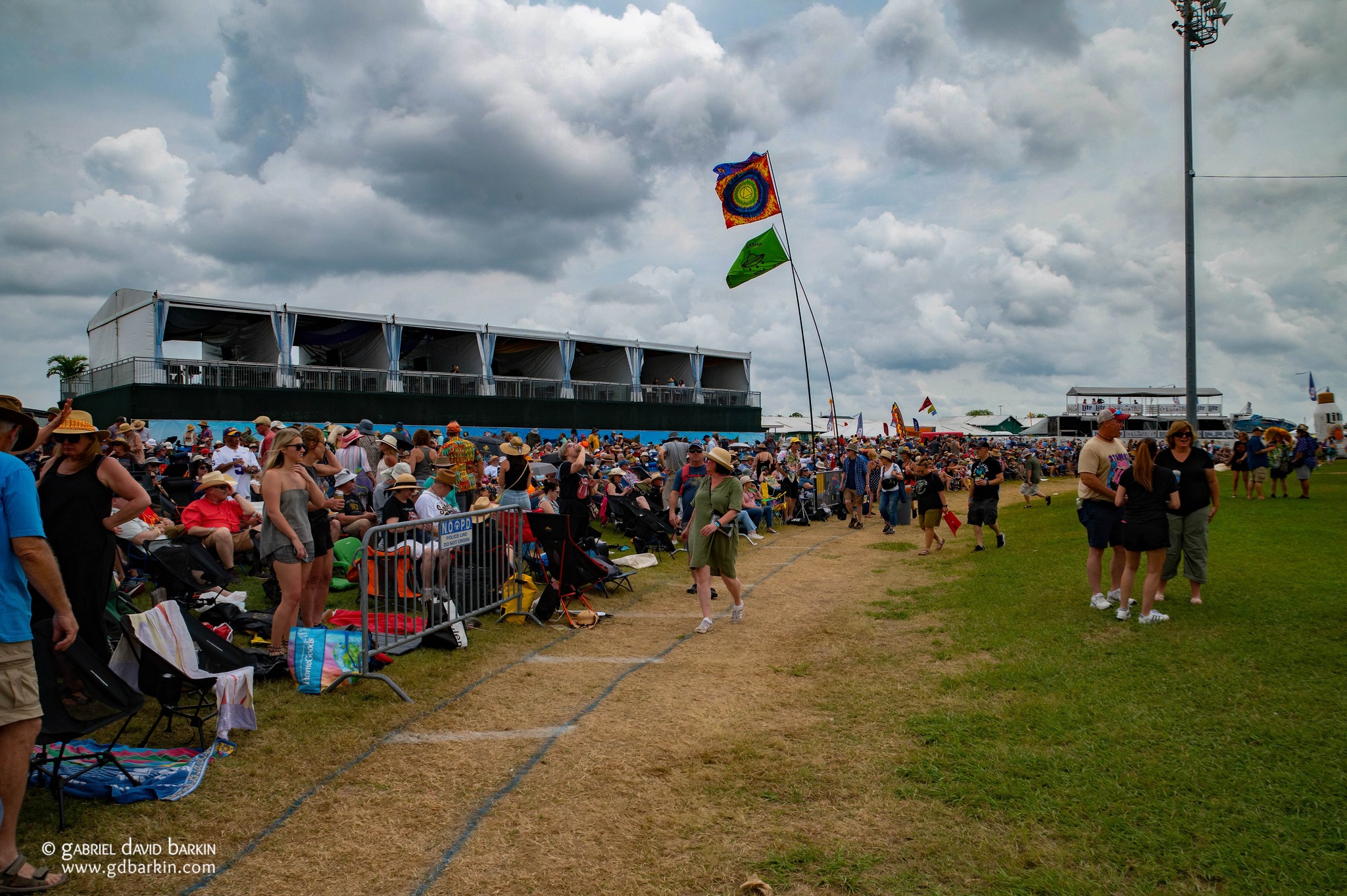
A circus was expected by the time Mick, Keith, and Ron hit the stage. As it turns out, it wasn’t nearly as crowded as it was during Elton John’s set a few years ago, and I suspect there will be more people cramming the field for the Foo Fighters on Friday since there has been no limit on ticket sales for any of the days other than Thursday. (Spoiler alert: Earth, Wind, and Fire, closing the Congo Square stage on Sunday, would prove to be the clusterfuckiest of them all.)
I walked in the gates at around 11:30 AM, but the Stones weren’t coming on for several hours. My traveling partner and I were here to see a lot more music than just the Stones, of course, and we made the rounds to several other stages for the first few hours. We got some po’ boys (I had the catfish, yum!) and grabbed a seat in the Gospel Tent. The Electrifying Crown Seekers were raising the Holy Spirit: “We got a song now called ‘Jesus is Coming to Town.’ Because Jesus is MY Santa Claus.”

We also checked out several of the acts in the Cultural Exchange Pavilion. As I mentioned, this year’s lineup on this stage was a suite of Colombian performers, and we had multiple opportunities to see each of them both here in this shady tent and also on some of the other stages, and in a few of the fairground's parades too. First of these was Batambora. Several members of the troupe jumped onto the floor and got the audience to circle around while they showed us some traditional Colombian dance moves.
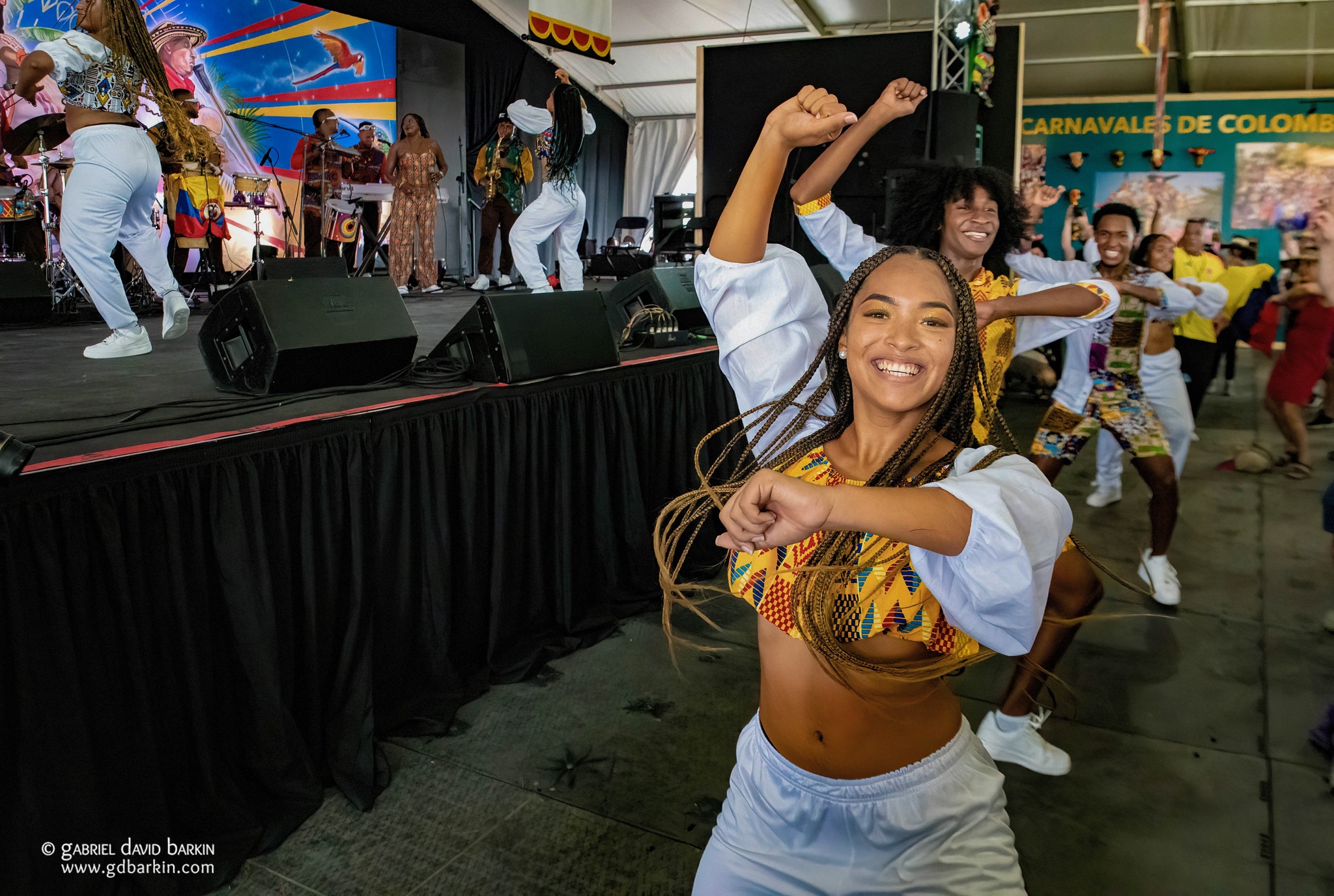
From Colombia, we traveled to the bayou. Our first visit to the Fais Do-Do Stage gave us our first taste of Cajun music. Genre superstar Michael Doucet was kicking up a storm with his new band Lâcher Prise—which in French means “let go.” “It’s also a Buddhist term,” Doucet said in a recent interview. “When it came to making this music, it was just total freedom. The new songs were different from what I typically do.”
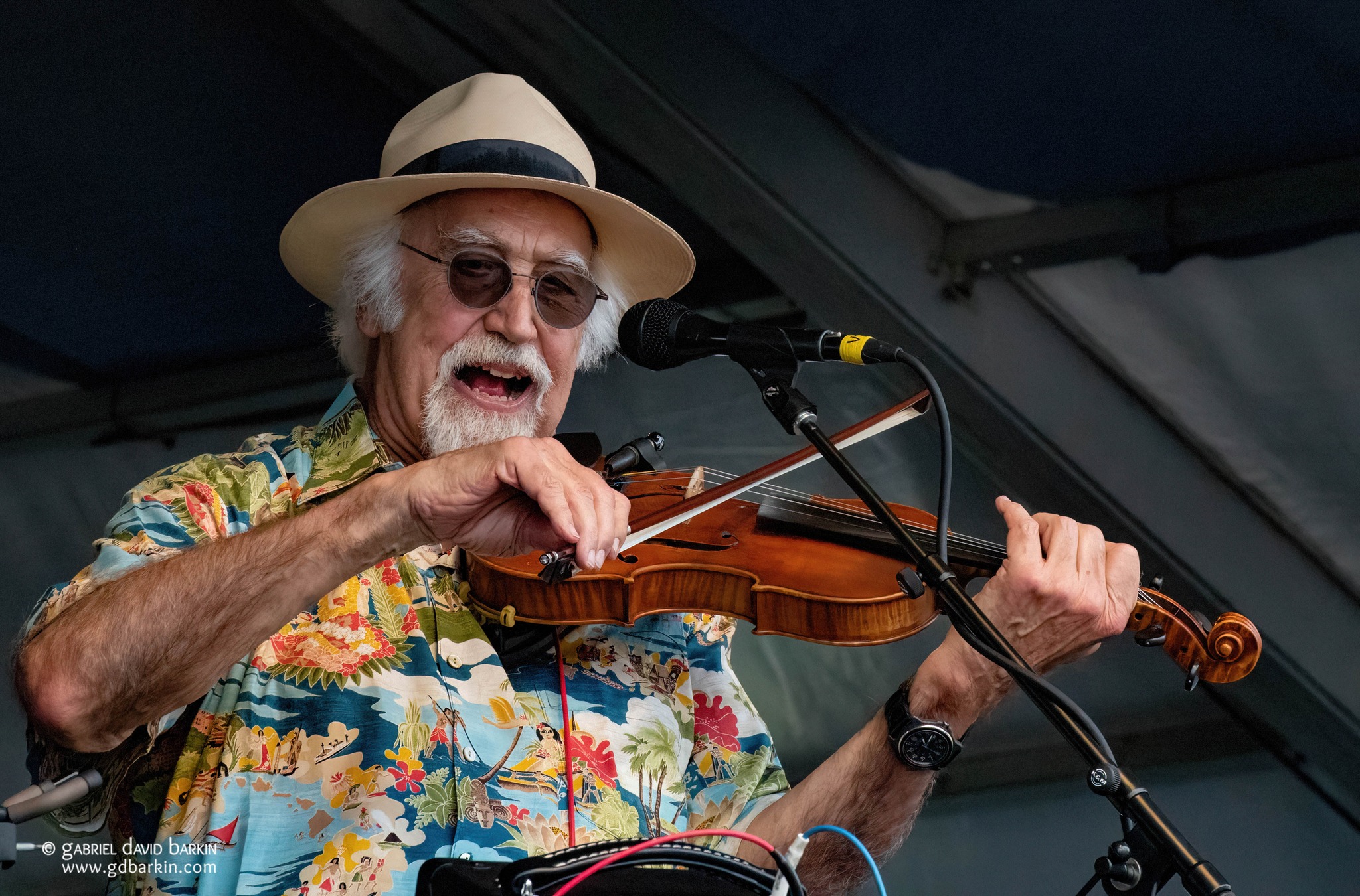
He had a scheduled appearance later this weekend with his band Beausoleil, whom I had seen for the first time way back in 1988 at my first Fest. But this band was a bit more lively and, dare I say, jammy. Doucet, no spring chicken (to be honest, I thought he was old when I saw him 36 years ago!) kept the pace for his young bandmates. Jazzfest wouldn’t be the same without him.
We started to mosey toward the Festival Stage to find some of my besties who had texted me to come help them protect the zone around their chairs from late arrivals. We strolled just slowly enough past the Congo Square Stage to get the flavor of the Cole Williams Band. Williams belted some sweet soul as we meandered by.
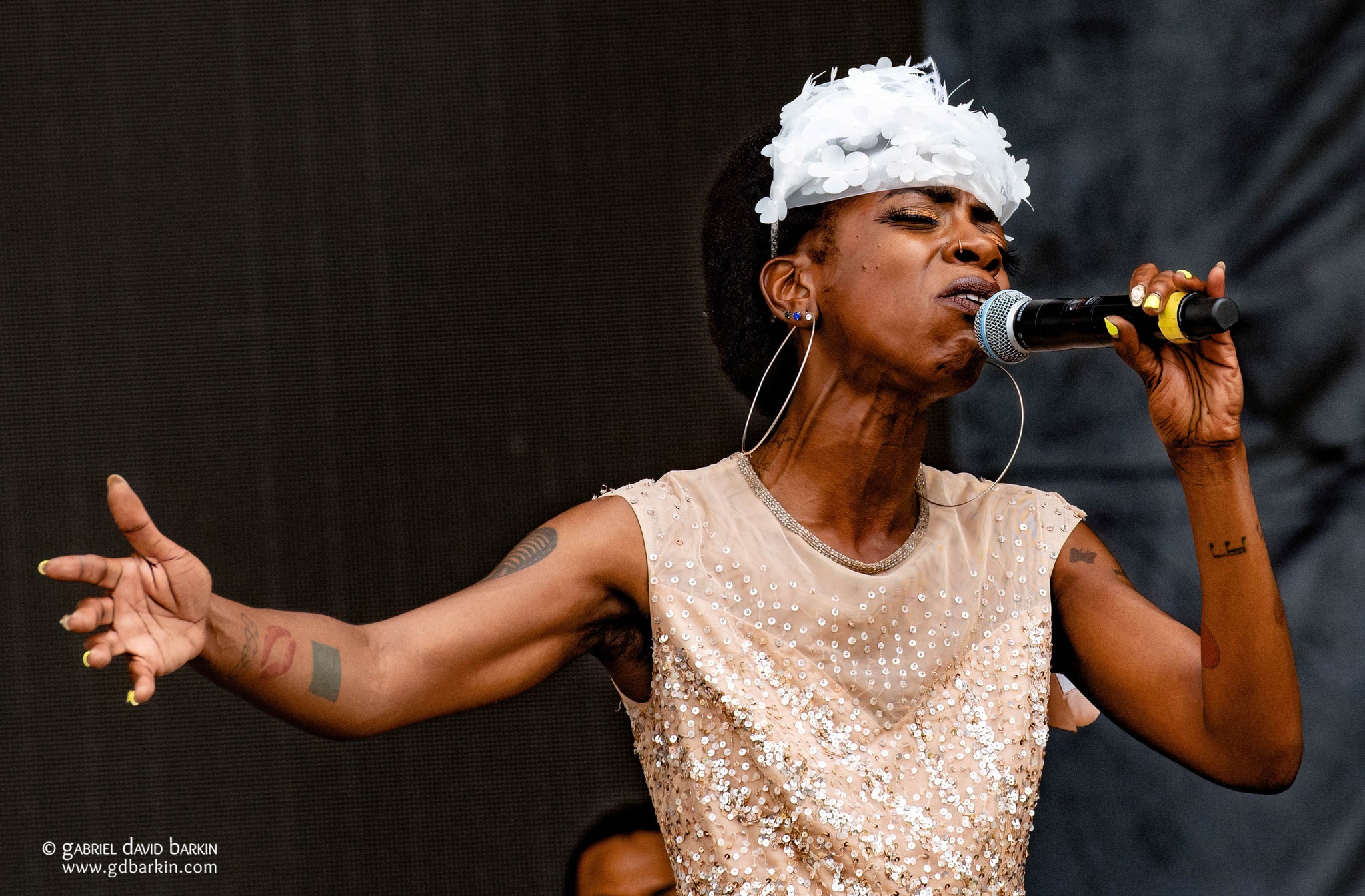
Eventually, we made our way back to the Festival Stage. Despite a plethora of signs and pre-fest PR, the infield was full of chairs hours before the headliner slot. Thousands of fans were festooned with T-shirts, hats, and earrings bearing endless variations of the Stones’ famous “lips and tongue” logo. The circus was in town.
We found our buddies in the “legit” chair area way at the back of the field and settled in.
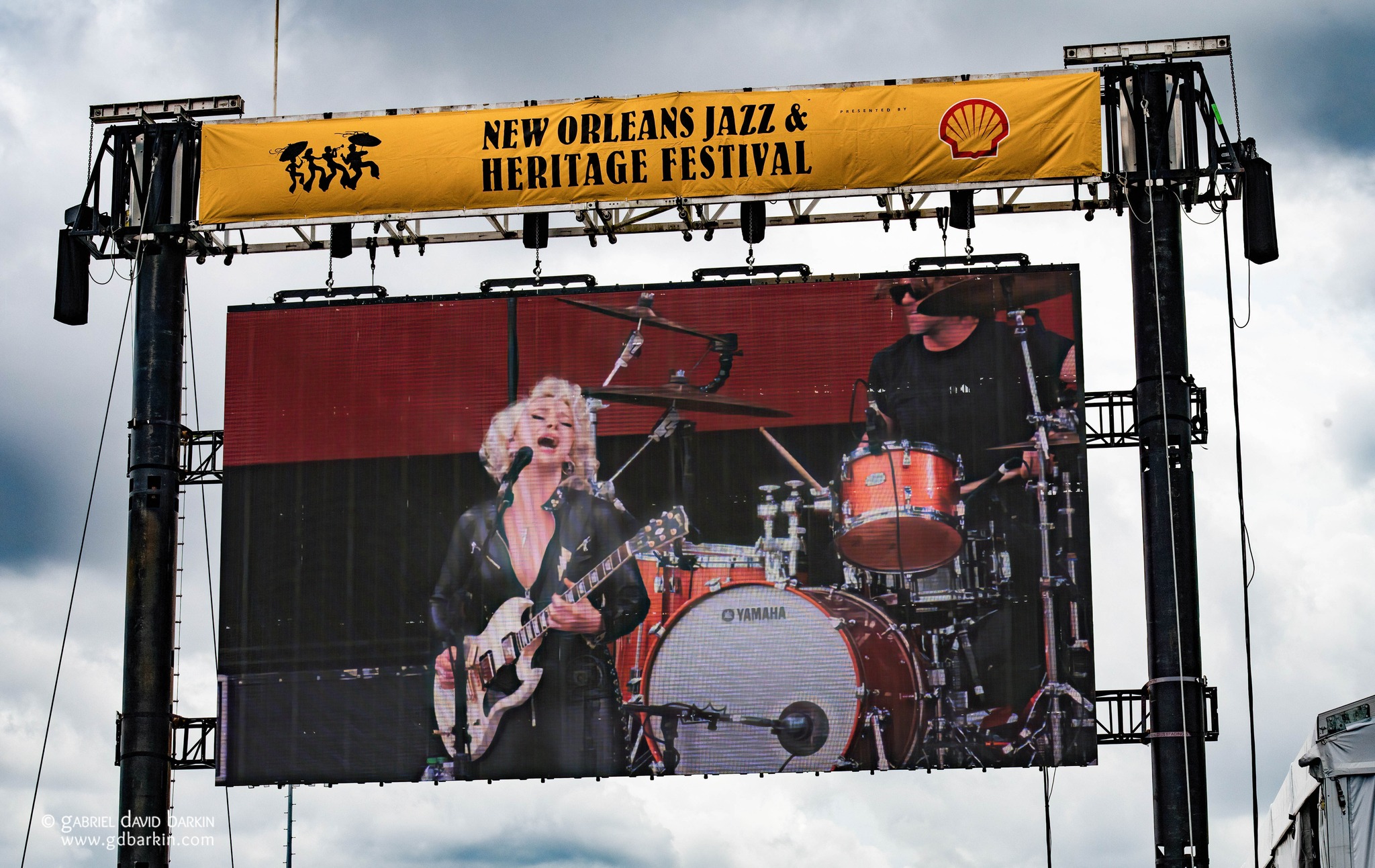
Warming up for the Stones is both an honor and a challenge. Kansas City blues goddess Samantha Fish rose to the occasion with an hour-long display of her own butt-kickin’ guitar wizardry. (Fish cites the Stones’ album Sticky Fingers as an early influence of her musical taste and style.) Next, Ivan Neville and Dumpstaphunk took the stage for a set of NOLA funk just as the other stages ended their programming for the day. The crowd grew thicker with Stones fans every moment. I wandered through the crowd taking pictures of some of the ardent Stones freaks and then headed back to our comfort zone at the back of the meadow.
Clouds and a mild breeze kept the Fairgrounds from overheating. So did the flow of beer, strawberry lemonade, and a variety of frozen boozy drinks. Good times were rolling toward the Stones.
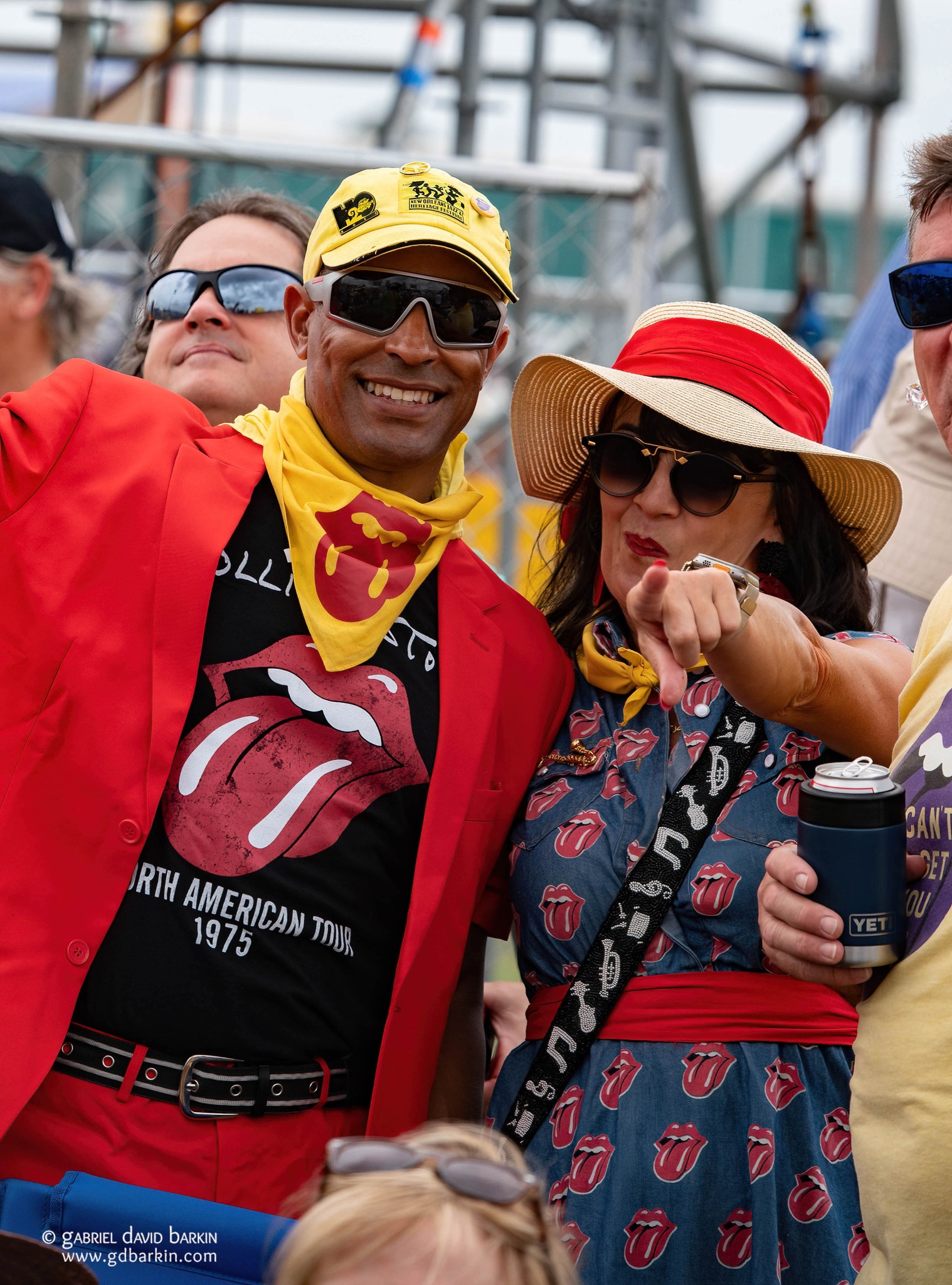
Finally, a voice boomed: “Ladies and gentlemen—The Rolling Stones!” The royal and iconic “Bah-Da-Da” chords of “Start Me Up” rang out, and the crowd roared. Mick strutted on stage and onto the big video screens. Screams echoed for Keith Richards and Ron Wood when their mugs appeared in close-ups. The circus had begun in earnest.
By the way, and by way of apology: I never even tried to get anywhere near the Festival Stage on Friday for pictures. What you see is what you get. Just roll with it, folks.
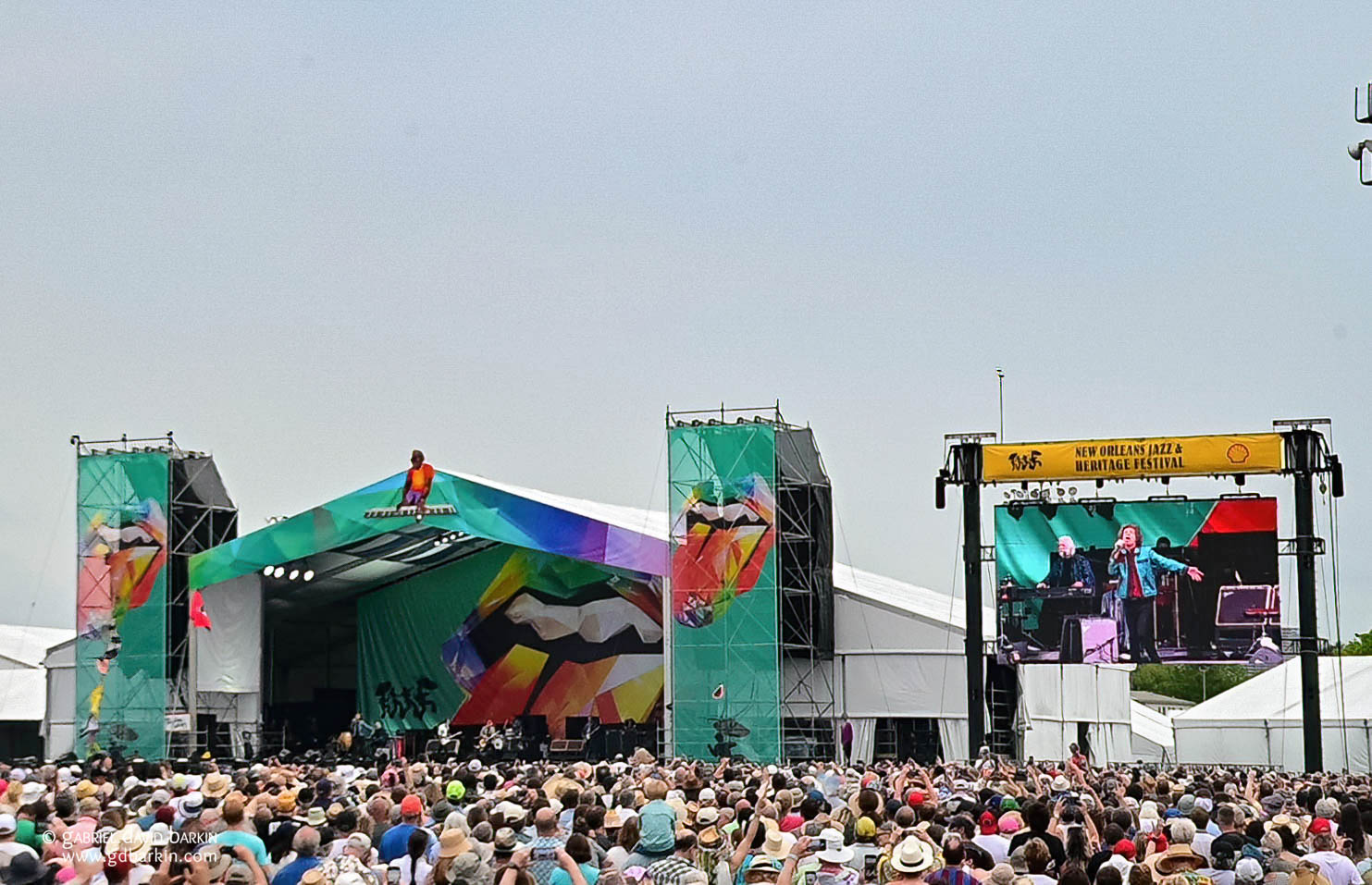
Drops of rain began falling after the first few songs. Were the heavens threatening to dump? The Stones had to cancel Jazzfest appearances twice in the past five years; was fate rearing its head again? Was a storm “threatening our very lives today”? Fortunately, the threat passed.
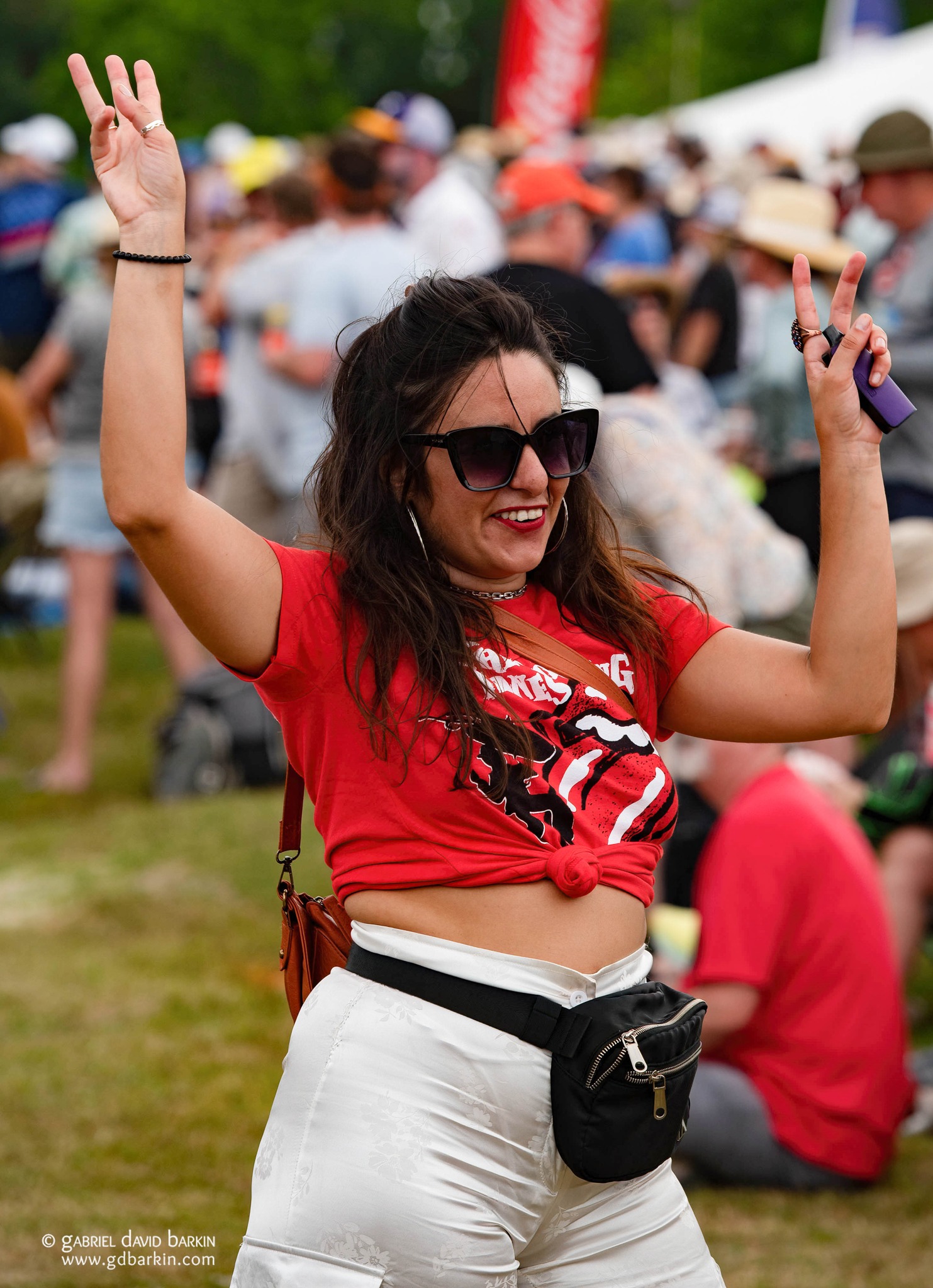
For “Let it Bleed,” the band brought out rising zydeco star Dwayne Dopsie. Ron Wood played a lap steel guitar, Mick an acoustic. Dopsie took a lead, and the Americana tone of the 1969 classic took on a zydeco twist. Dopsie became a Jazzfest star in less than five minutes.
Just before the Stones had taken the stage, one of my friends and I had debated who would come on as a guest. Neither of us knew Dopsie at all (we do now!), so his appearance was a draw. My friend guessed Ivan Neville—a good call considering he was the opener and also played with Keith way back when in his X-pensive Winos band. I thought we might see Samantha Fish come out and show the guys who’s boss. But I also guessed Irma Thomas. Not because I remembered that she recorded “Time is On My Side” before the Stones did (honestly, I’d forgotten that), but because she’s the Queen of New Orleans soul and her royal lineage was fitting for the occasion. When he introduced Thomas (so yeah, I won the debate), Mick said he and Keith first heard “Time is On My Side” on a car radio and right away they knew they wanted to cover it. I’m not sure if they’d ever sung it with Thomas before. For the record: I have a special place in my heart for Thomas because the only time I’d ever had a backstage pass at Jazzfest (a fluke, some kind stranger just handed me one specifically for the Jazz Tent), I wanted to take a picture of her as she walked off the stage following her tribute to Mahalia Jackson. But instead of lifting my camera as she passed, I was a bit star struck and just said, “That was beautiful, thank you.” She smiled and threw her arms around me for a hug.
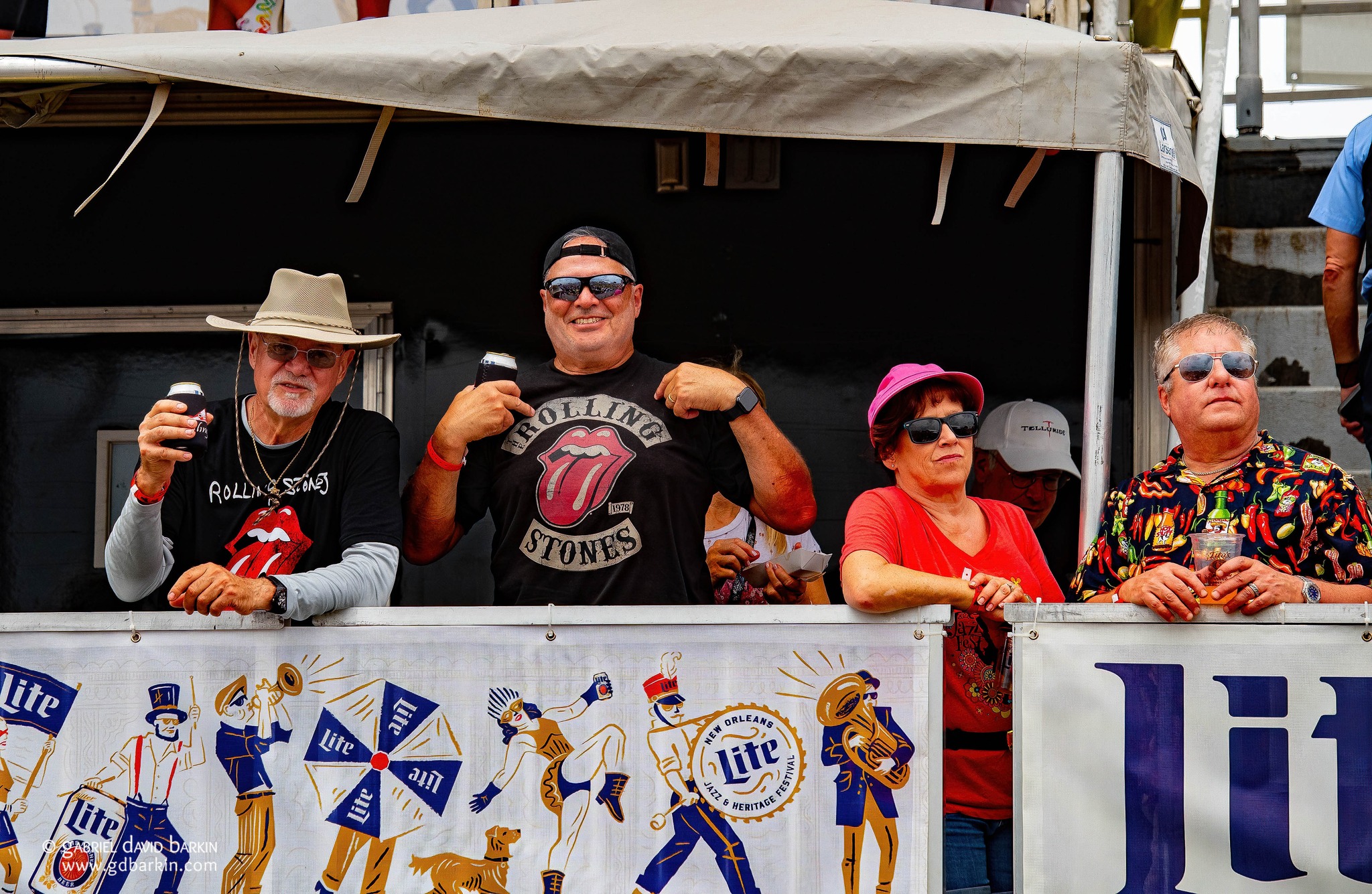
The show rolled on. One of my all-time fave Stones songs (and yes, that’s like picking your favorite from a basket of perfectly crisp french fries) is “You Can’t Always Get What You Want.” This classic is also the unofficial theme song for the Stones at Jazzfest, given that they had to cancel twice in the past five years. I loved that they kicked it off with a French horn, just like on the original recording. I loved that the audience chimed in loudly on every chorus of “You get what you need!” And I loved that for the raucous outro, the band kicked it into high NOLA gear with second-line gusto.
And what a band! Chuck Leavell of the Allman Brothers on keys, Karl Denson on sax, and the solid rhythm section of Steve Jordan on drums and Darryl Jones on bass. I’ll give Keith a pass for slowing down a bit in his middle age (he’ll live to 140, I’m sure), but Ron Wood was as flashy as ever. Tight, rockin’, historic—the touring Stones 2024 version still got it.
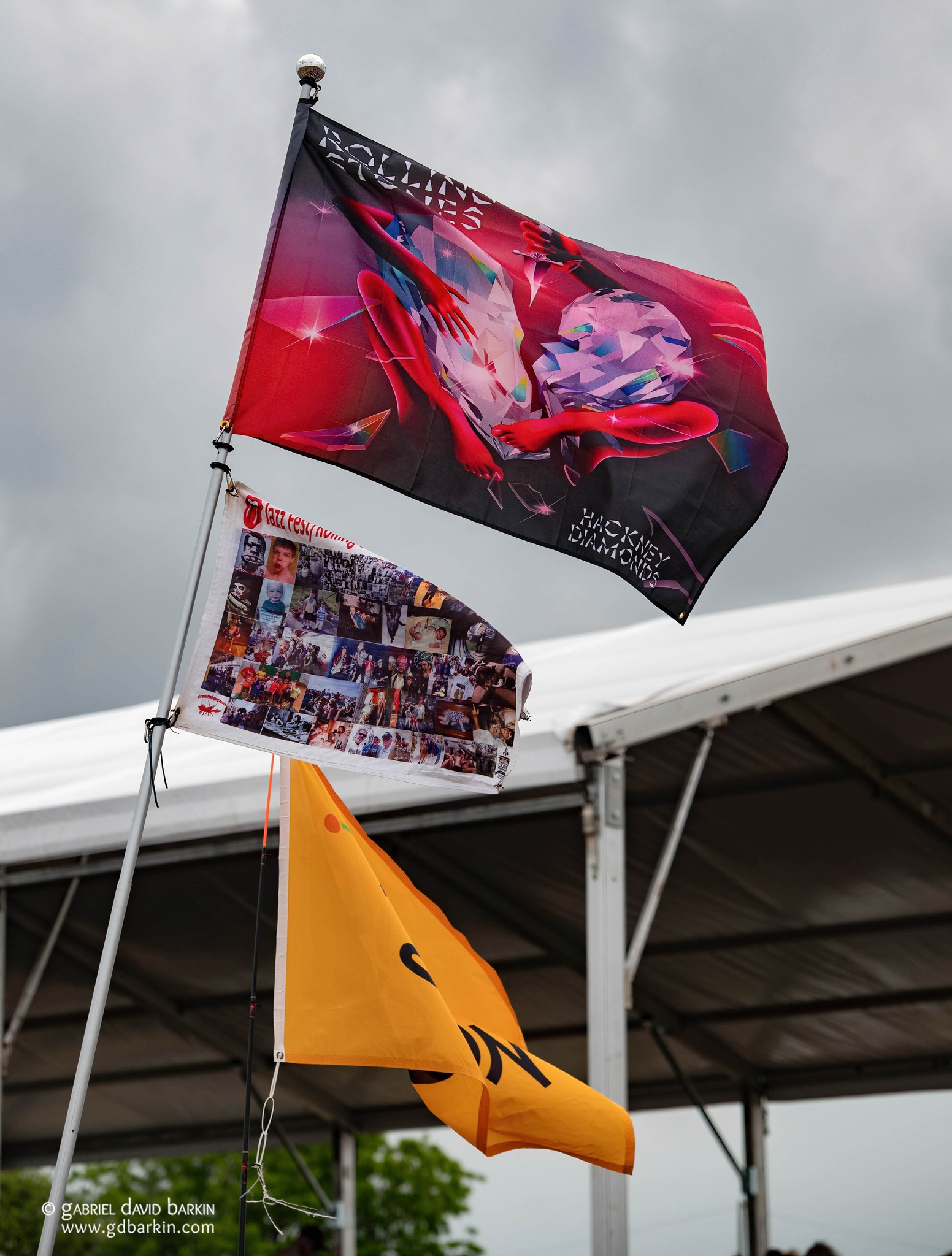
Mick isn’t running from one side of the stage to the other these days. But he sure gets his steps in strutting about—and he’s got the crowd under his thumb, always the center of attention. He talked a lot. For instance, he told us that “We haven’t done a matinee show in years.” He also got downright political (forgive me if I transcribed this wrong on the fly, but you’ll get the gist): “We’re all very inclusive aren’t we. I hope [Republican Louisiana] Governor Landry is here tonight. He’d like to be inclusive too, even if he wants to take us back to the stone age.” Burn!
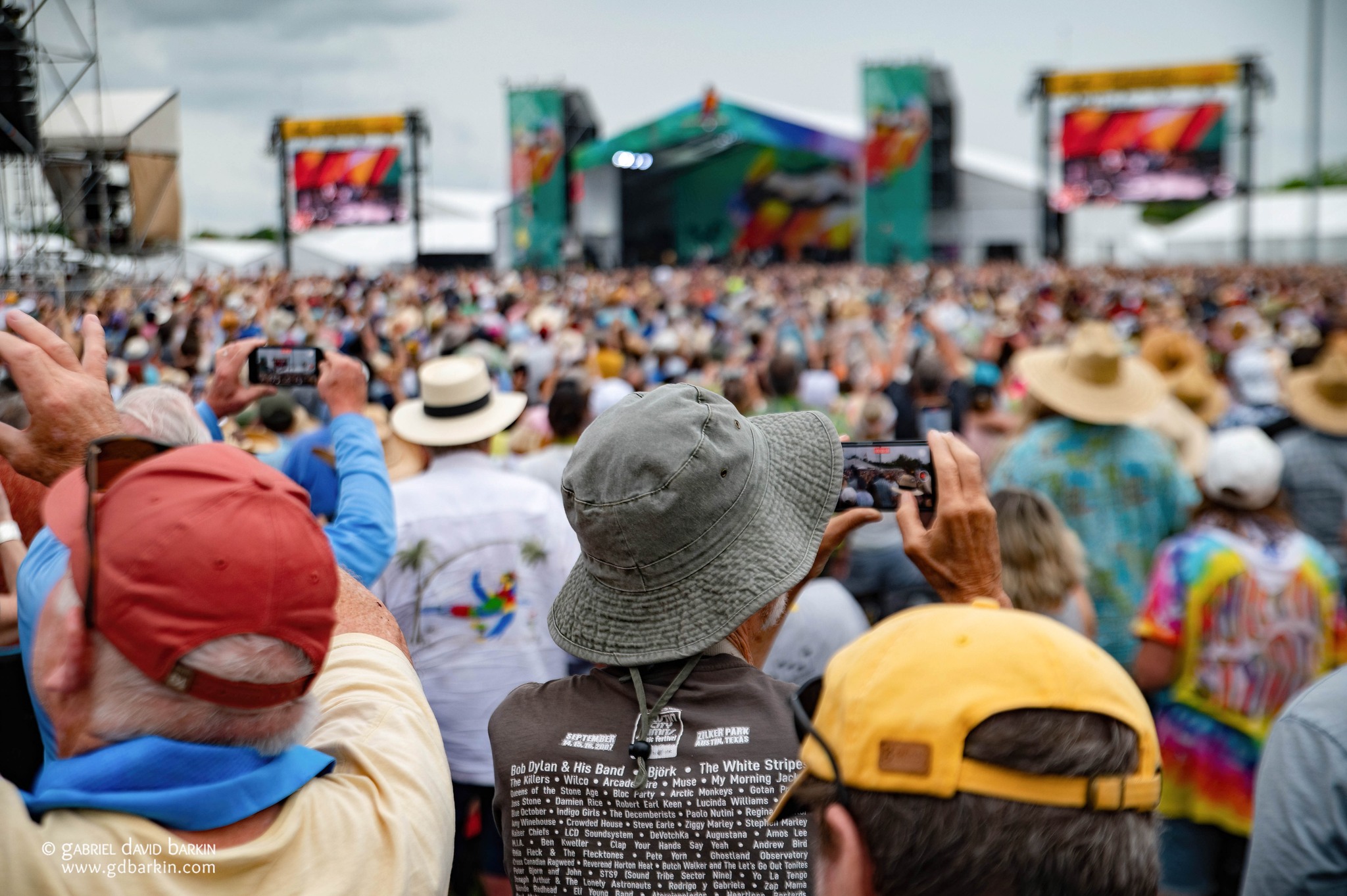
They played a ton of hits, of course. Mostly hits, in fact, although a few new ones found their way into the mix. The two-hour show ended with “Miss You,” “Gimme Shelter,” “Paint it Black,” and finally “Jumpin’ Jack Flash.” For an encore, they played a mellow “Sweet Sounds of Heaven” (recorded with Lady Gaga for their 2023 album) before saying goodbye with “Satisfaction.”
And with that, we can now say that the Stones have played Jazzfest.
In many, many ways, “Jazzfest” is more than just Jazzfest. For a host of out-of-towners, the day is not even halfway done after exiting the gates at 7:00 PM. Dinner reservations, shows at theaters and clubs, crawling the French Quarter—some folks don’t sleep until after dawn. Been there, done that, but I’m always good for at least one adventure after Fest (though I’m an old fart who needs his beauty sleep, compared to some folks I know these days).
Thursday night’s adventure was a trip to the Civic Theater for Ivan Neville and Dumpstaphunk’s tribute to the Meters. Ivan’s uncle Cyril Neville was on hand, as were original Meters George Porter Jr. (bass) and Leo Nocentelli (guitar).
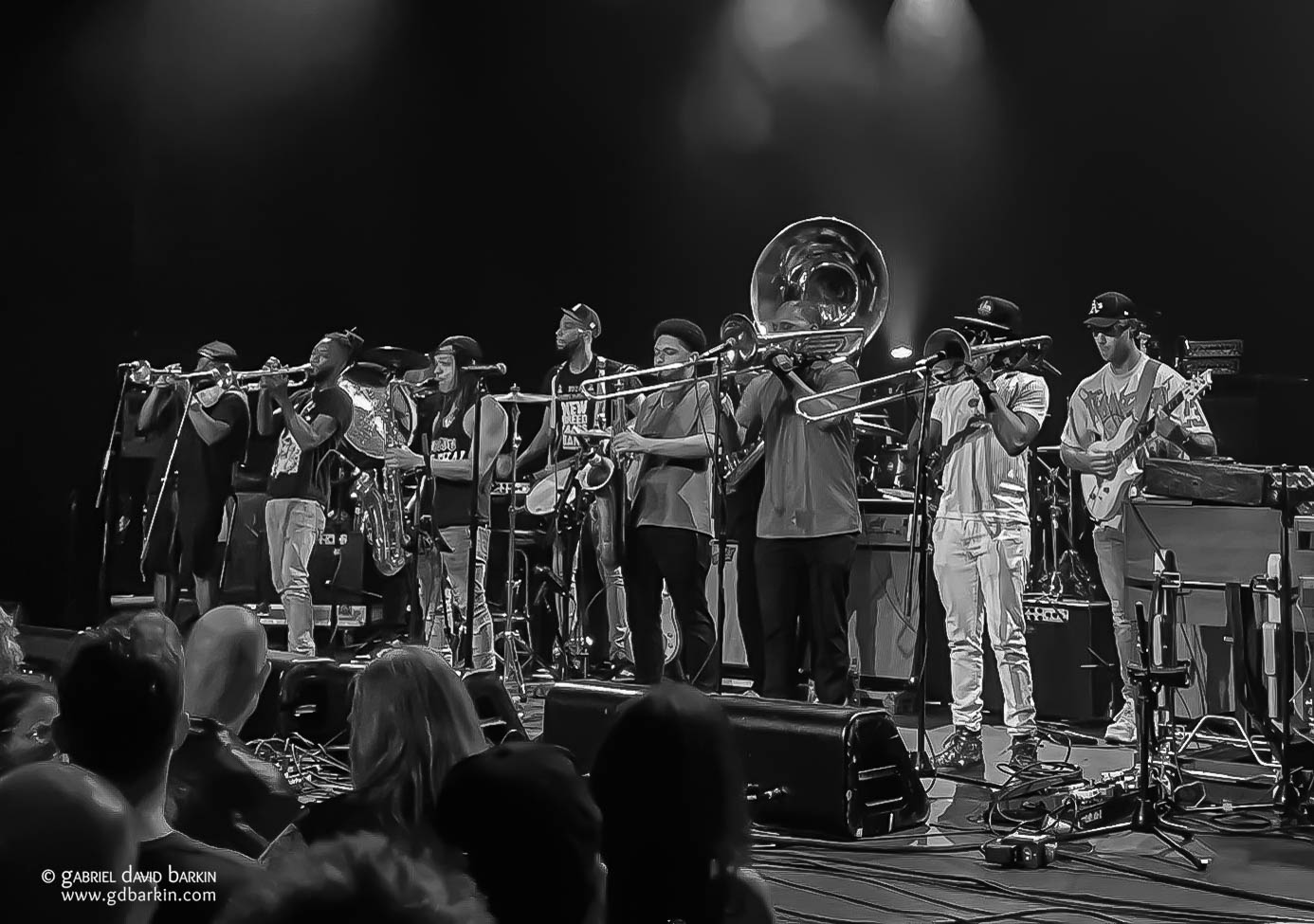
New Breed Brass Band opened up. These young Grammy nominees follow the tradition of big, funky brass-heavy bands like the Dirty Dozen and Rebirth Brass Band. They play a lot of originals that are well-crafted, intelligent, and distinctive.
The main event was centered around a performance of “Rejuvenation,” the Meters' fifth album, released in 1975. I have to admit, I’m not familiar with that record other than “People Say” and “Hey Pocky-A-Way,” but I’m gonna check it out now for sure. Nocentelli was sentimental about the evening. “I can’t tell you what it feels like to have these guys play my music, the Meters music, and play it with such passion.” Dumpstaphunk bass player Tony Hall had some technical issues switching to electric guitar when Porter took over on bass in the second half of the show—but Hall got the biggest cheer of the night when his strings were finally heard over the PA, and he shredded on leads every bit as much as guitar god Nocentelli.

A happy note: Nocentelli called his wife Pesuky on stage for a kiss when he played “Just Kissed My baby.” She seemed reluctant to come over to his side, but he was persistent.
A sad note: Nick Daniels III, one half of the longtime two-bass duo in Dumpstaphunk, died April 26 following complications from multiple myeloma cancer. He was 68. RIP, Nick.
FRIDAY, MAY 3
It was raining in the morning at our hotel, and it was raining when we got off the shuttle at the Fairgrounds. About two-thirds of the early arrivals (we got there around noon) wore ponchos or raincoats. The rest of us took our chances that the steady, light rain wouldn’t turn into a downpour. The air was pleasantly cool. My camera stayed in my backpack wrapped in a waterproof bag.
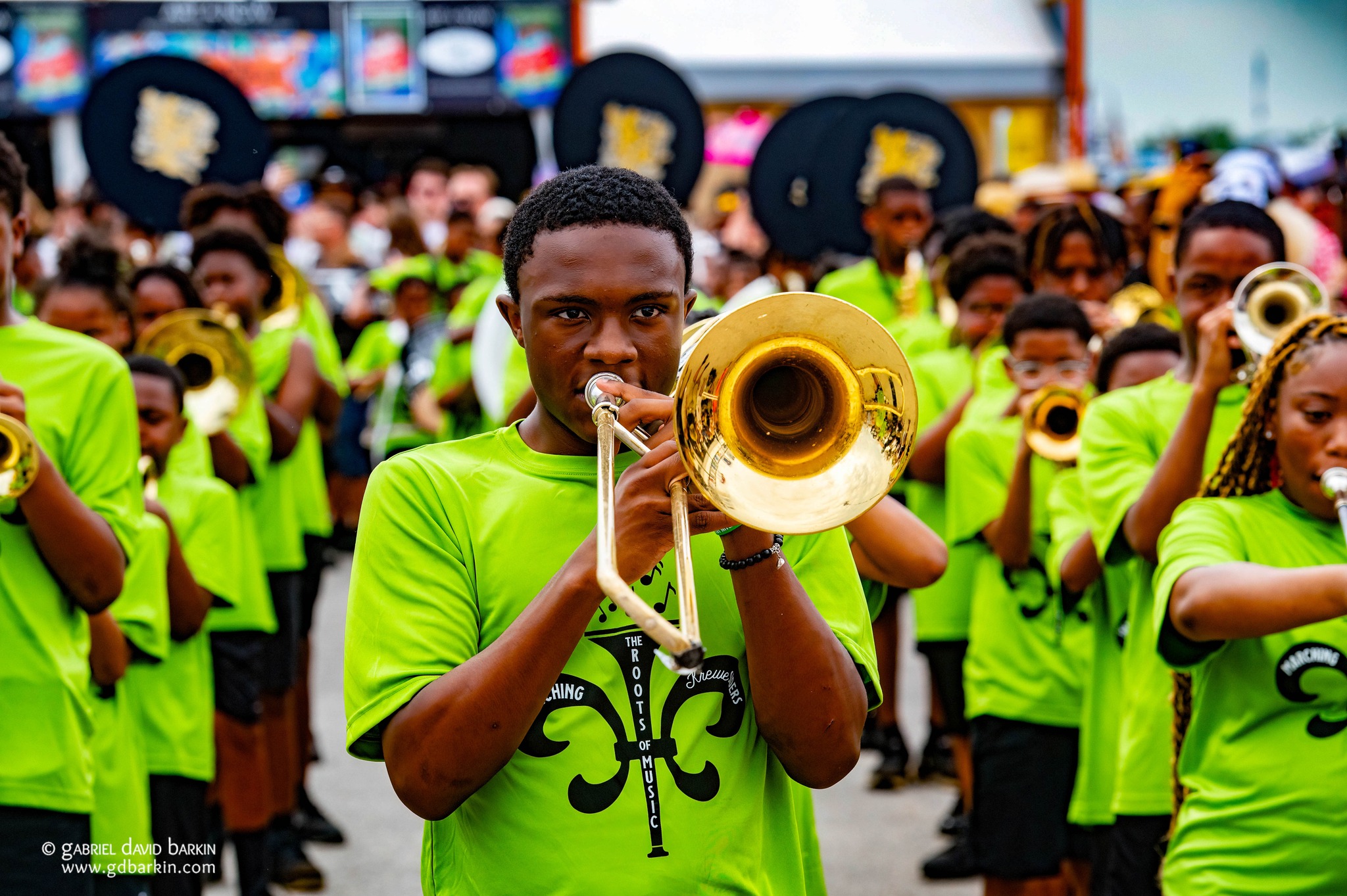
I was excited for Allison Russell, probably my number-one goal for the entire weekend. I had nothing in particular planned for the first few hours before her set. Since I didn’t make it over to the Blues or Jazz Tents the day before, I decided to see who was on those stages and do some wandering.
The most memorable performance of those first few hours was in the Gospel Tent. Tonia Scott wore a shirt that said, “Of course I am Tonia Scott” on the back. Of course, she was! Her choir was heavenly, their voices angelic—you know, all the things you want from gospel singers.
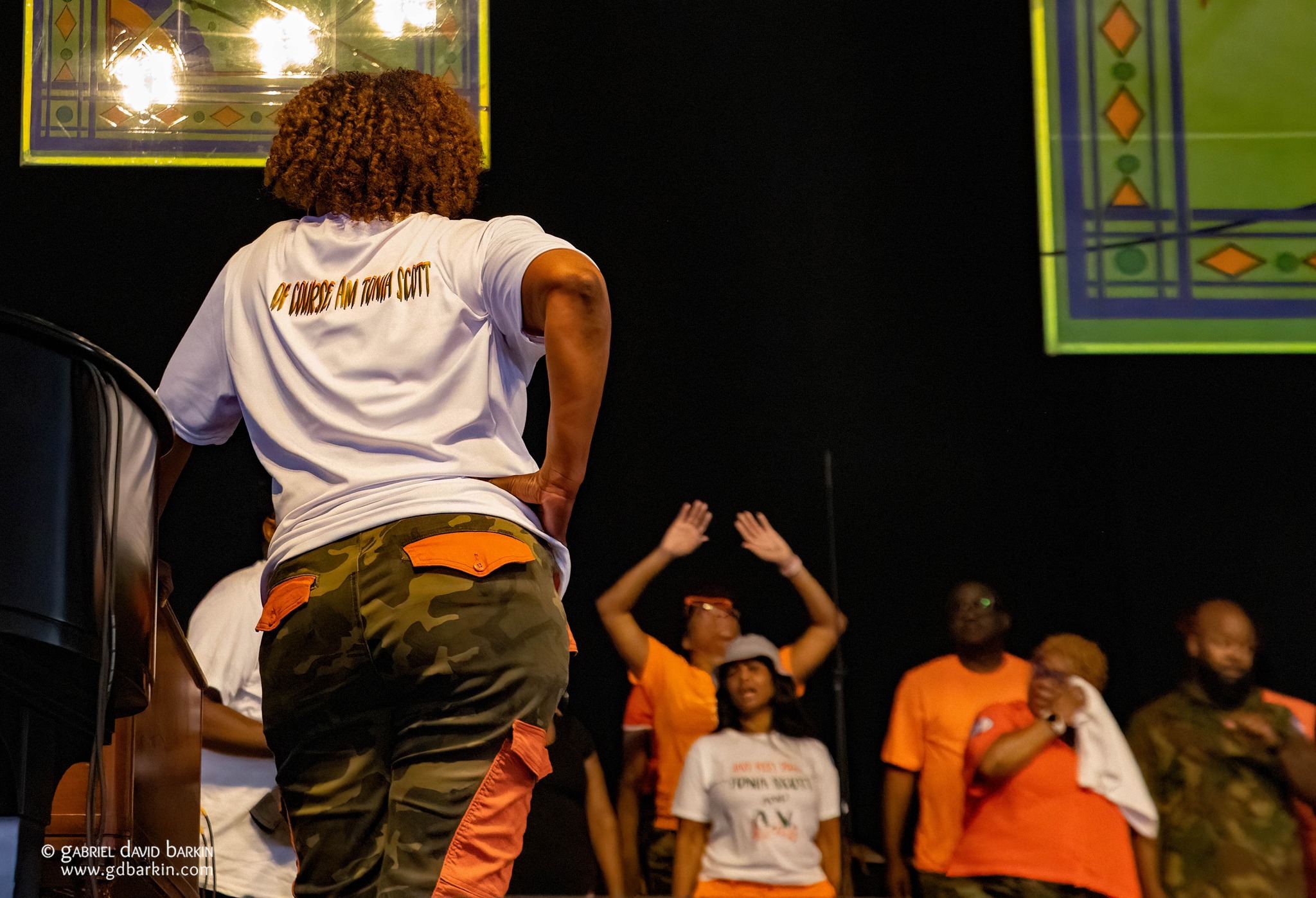
One of my best friends (I know a ton of people here this weekend) texted to say I should check out Meschiya Lake. She hadn’t actually heard Lake sing herself, but a mutual friend had apparently hired Lake and her band for a birthday party and raved about her. So I let the good times roll me toward the Blues Tent for her show.
Ah, the serendipity of good-time rolling. Most of the seats were taken when my traveling partner and I walked into the Blues Tent. A kind stranger saw us looking around for open seats and beckoned to us. This stranger led us to the front row seats he was vacating. And since my number one act of the day, Allison Russell, was coming on the Blues Tent stage in a few hours, we decided to camp out for a few sets.
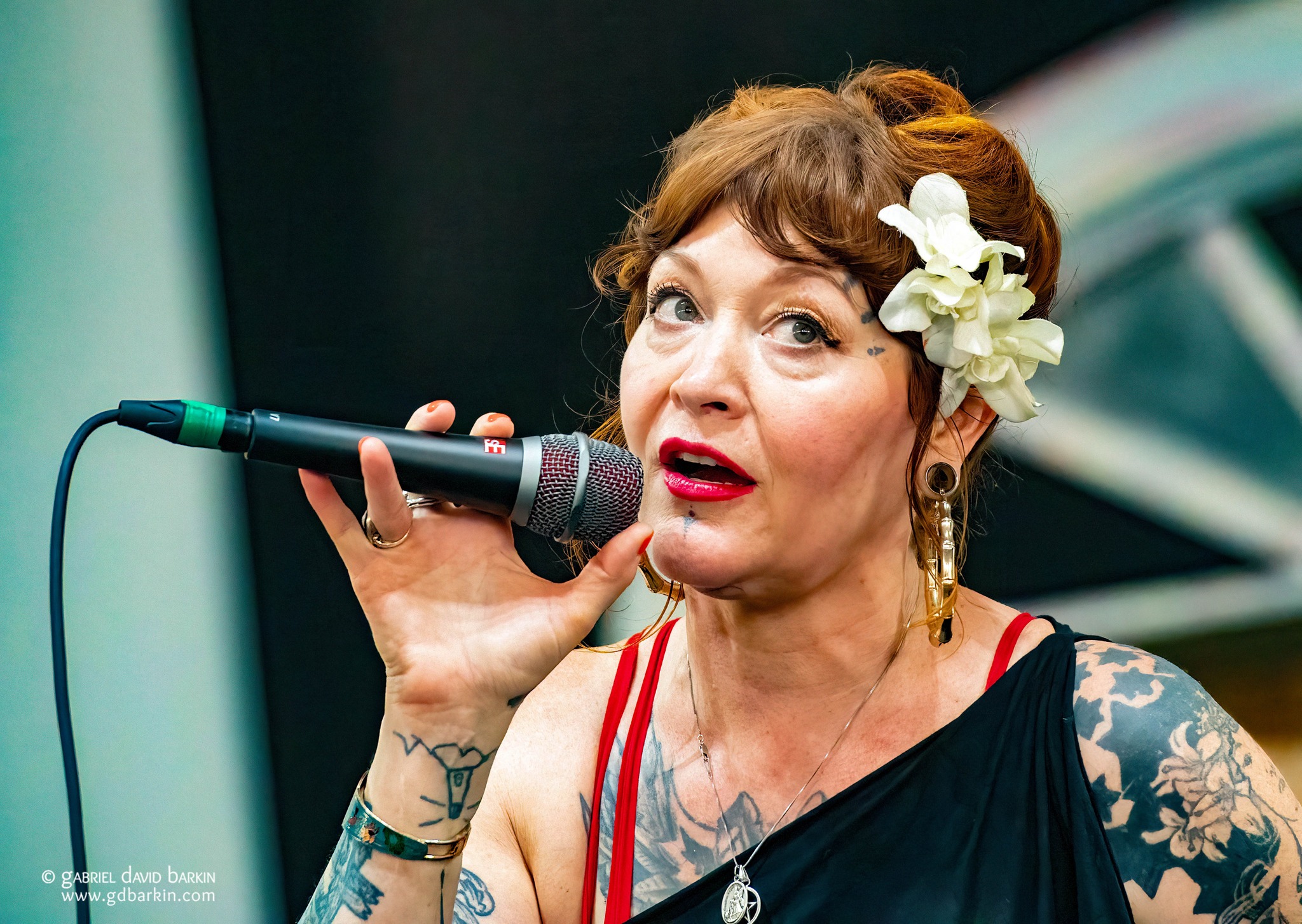
Meschiya Lake was worth it; my friend’s friend had steered us right. Lake is a swing singer from South Dakota backed by her band the Little Big Horns. (South Dakota … Little Big Horns … get it?!) She can sing the phone book, the internet, whatever. Thoroughly entertaining.
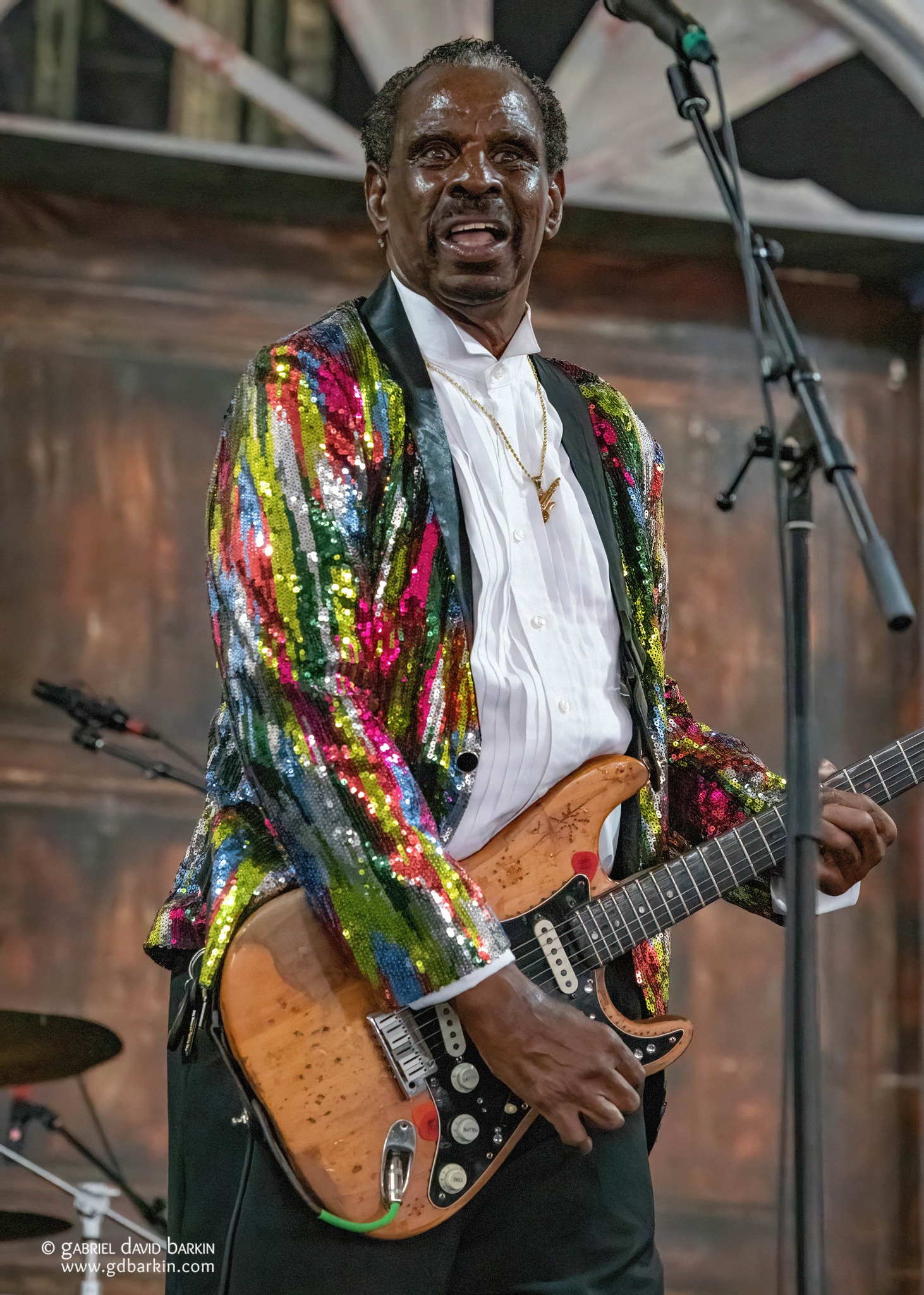
Next in the Blues Tent was Guitar Slim Jr. The old-school blues guitarist channeled (and frequently invoked) his famous namesake father. He also name-checked Stevie Ray Vaughan several times. “I was on the road with Stevie Ray Vaughan back in the day.” He pointed up at Vaughan’s picture hung from the tent rafters. “Stevie Ray did a few of my daddy’s songs. So I’m gonna do another song—by my daddy.” After “Reap What You Sow,” which was of course covered by Stevie Ray, Slim Jr. treated the crowd to his version of Vaughan’s own hit “Pride and Joy.” Full circle.
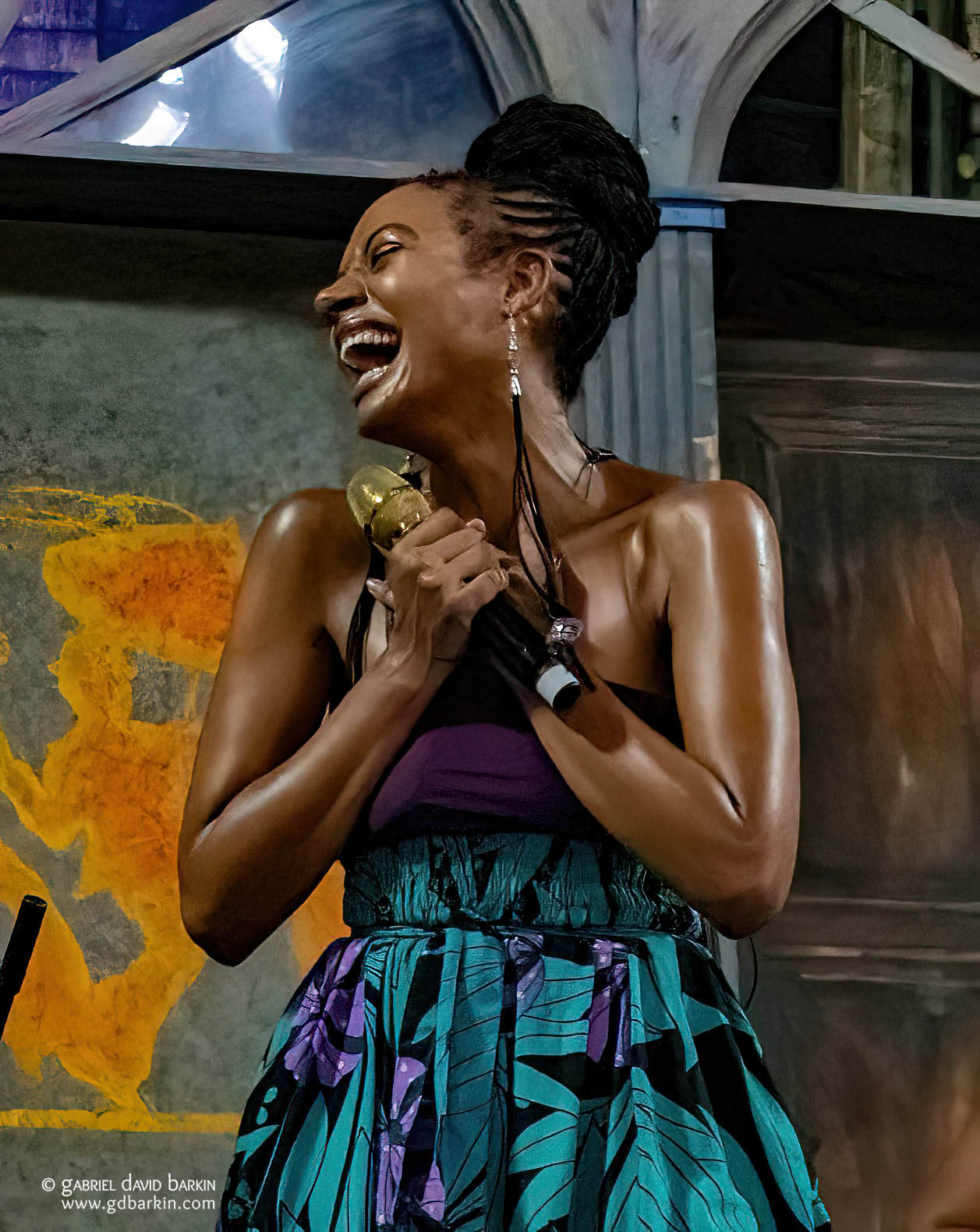
So yes, I had the fortune and honor of sitting front row for my personal main event of the day, if not the weekend. Allison Russell was on fire. She played mostly songs from “The Returner,” her Grammy-nominated 2023 album (one of my favorite albums from last year by far) with a five-piece band. Russell switched from clarinet to banjo occasionally, playing in line with her accompanists toward the back of the stage, but she frequently came up to the front of the platform to dazzle with her commanding, emotive vocals and a bright smile. She spoke from her heart between songs about equality, forgiveness, love, and acceptance.
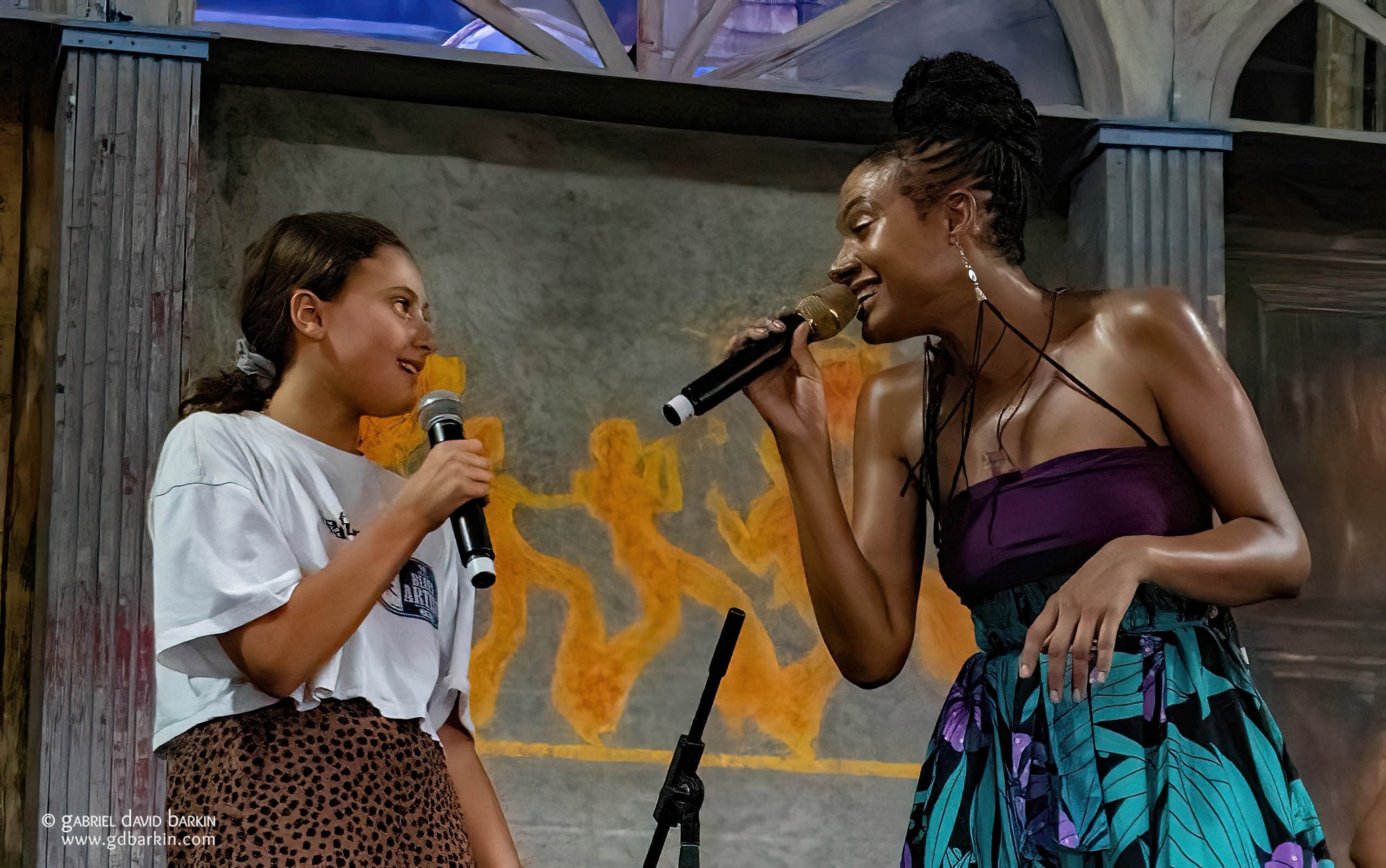
Toward the end of her slot, she introduced her 10-year-old daughter Ida, who sang a duet with her beaming mom. It was hard to top that, even with Russell’s national tour-mate Hozier joining after for the set-ending “Requiem.” Momma was so proud, and her daughter sang fabulously.
So wow, that was worth every penny!
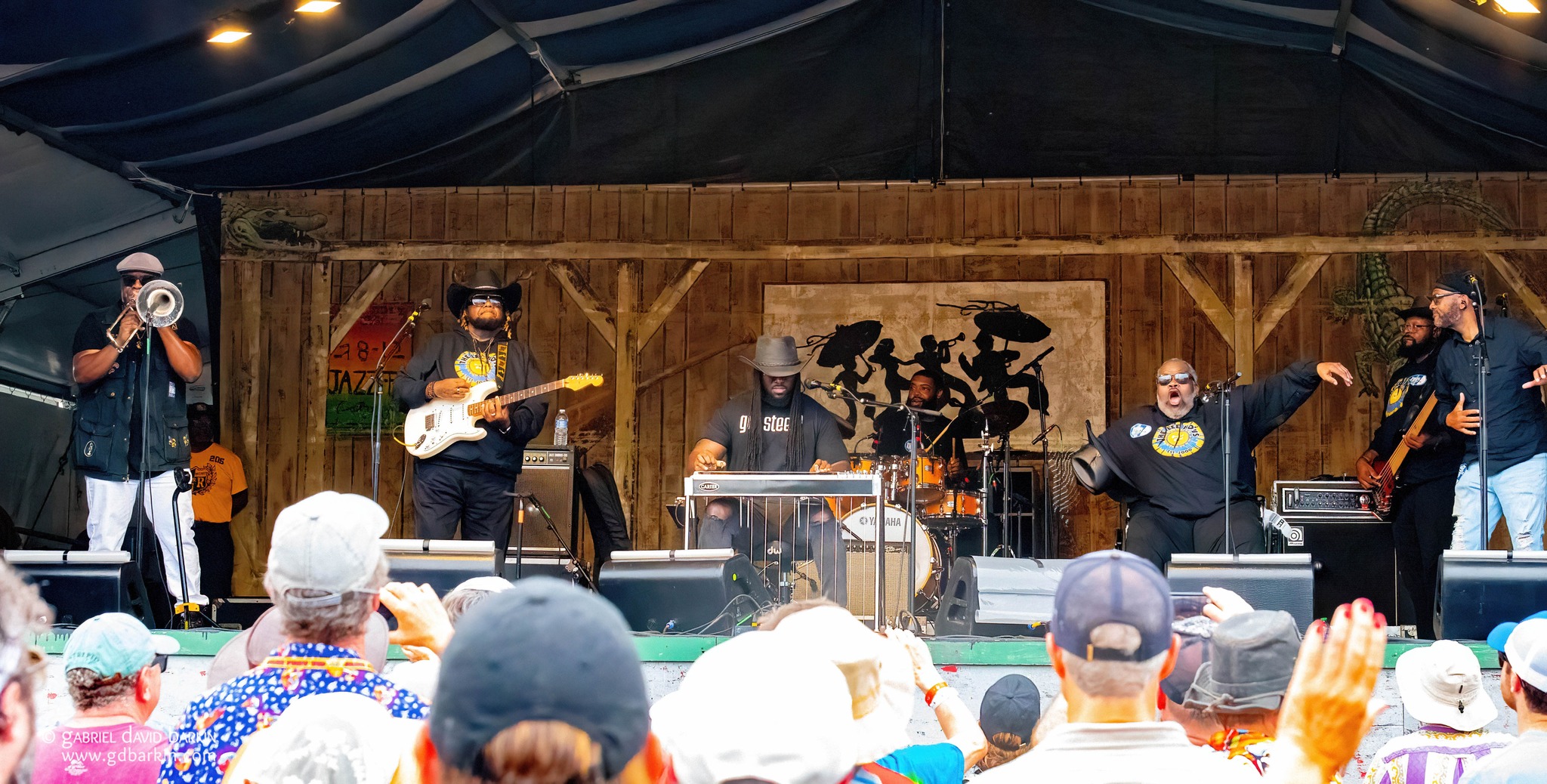
I’d already decided not to venture into the maelstrom for the Foo Fighters (seen ‘em, love ‘em, didn’t need to swim in the overcrowded Festival Stage aquarium), and passed up the opportunity to see Steel Pulse on the Congo Square stage (ditto). Choices, right? It’s all good. Instead, I caught part of the Lee Boys, a sacred steel family band from Miami. One of my local faves, trombonist Big Sam, was on board for their Fais Do-Do Stage appearance. Oh, and on my way there, I saw a snippet of Lil Mike and Funnybone on the Jazz & Heritage Stage. I recognized the rap duo from their recurring role on “Reservation Dogs.” Fun stuff.
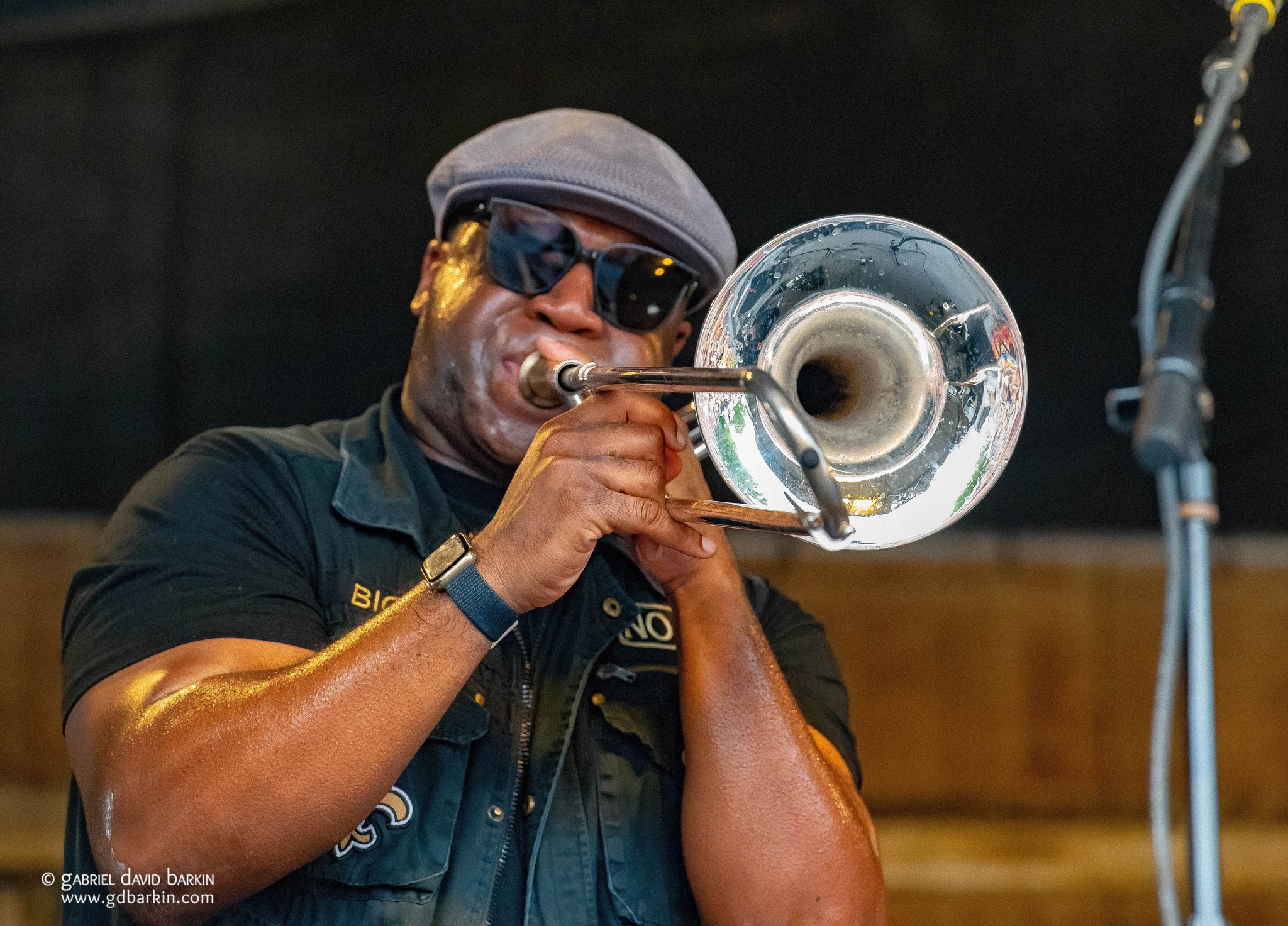
With over an hour left before Day 2 ended at the Fairgrounds, I ambled back to the Blues Tent. It was a circuitous amble. First, I got an order of crunchy fried boudin balls and doused them with Crystal hot sauce (damn good stuff, those boudin balls!), and I ate them while watching Bejuco in the Cultural Exchange Tent. I bopped a bit to whatever Mardi Gras Indians were on the Jazz & Heritage Stage on my way past. (In case you hadn’t noticed, I passed by this stage often; it’s at a nexus in the middle of the event space.)
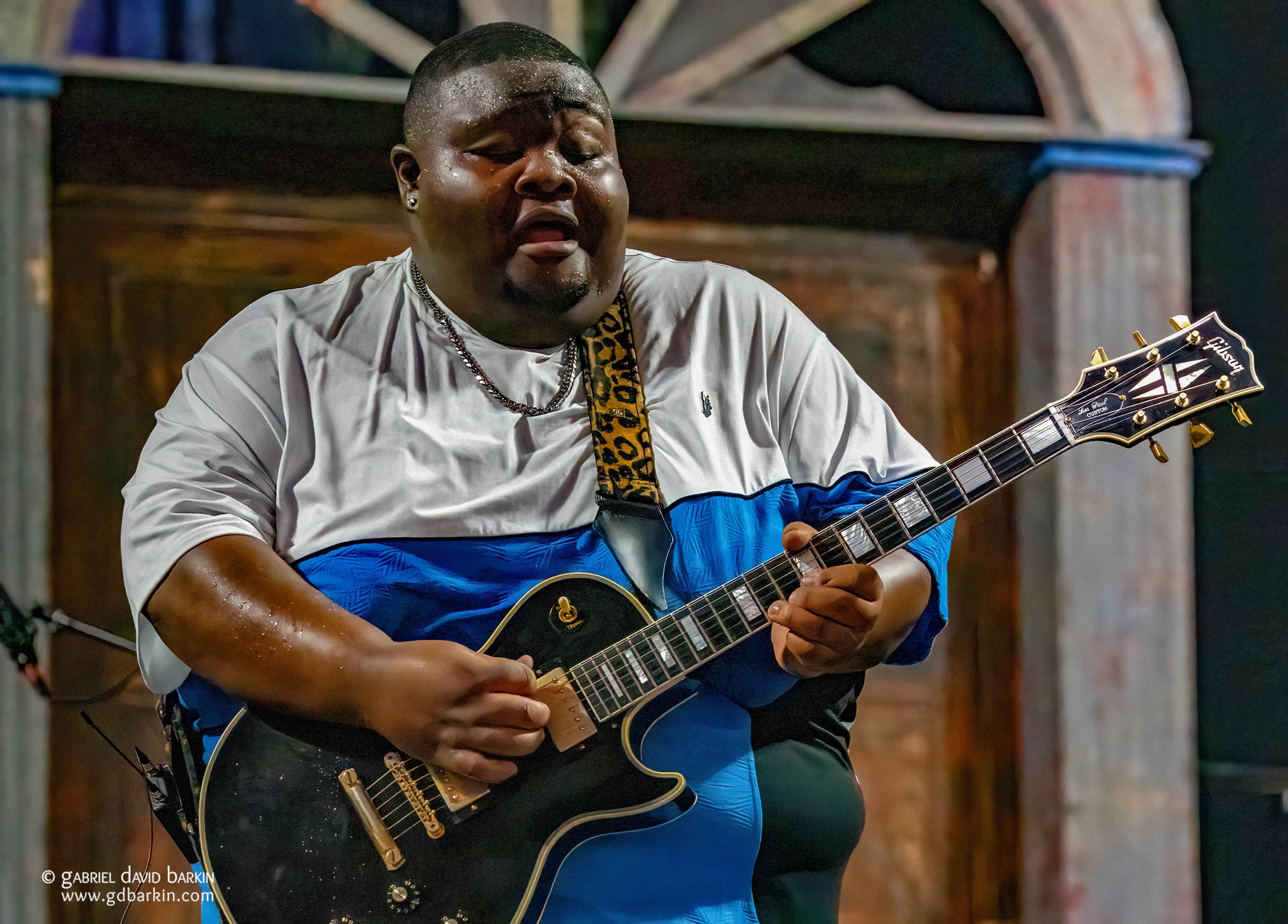
And finally, I found Christone “Kingfish” Ingram giving a master class in the blues in a packed tent.
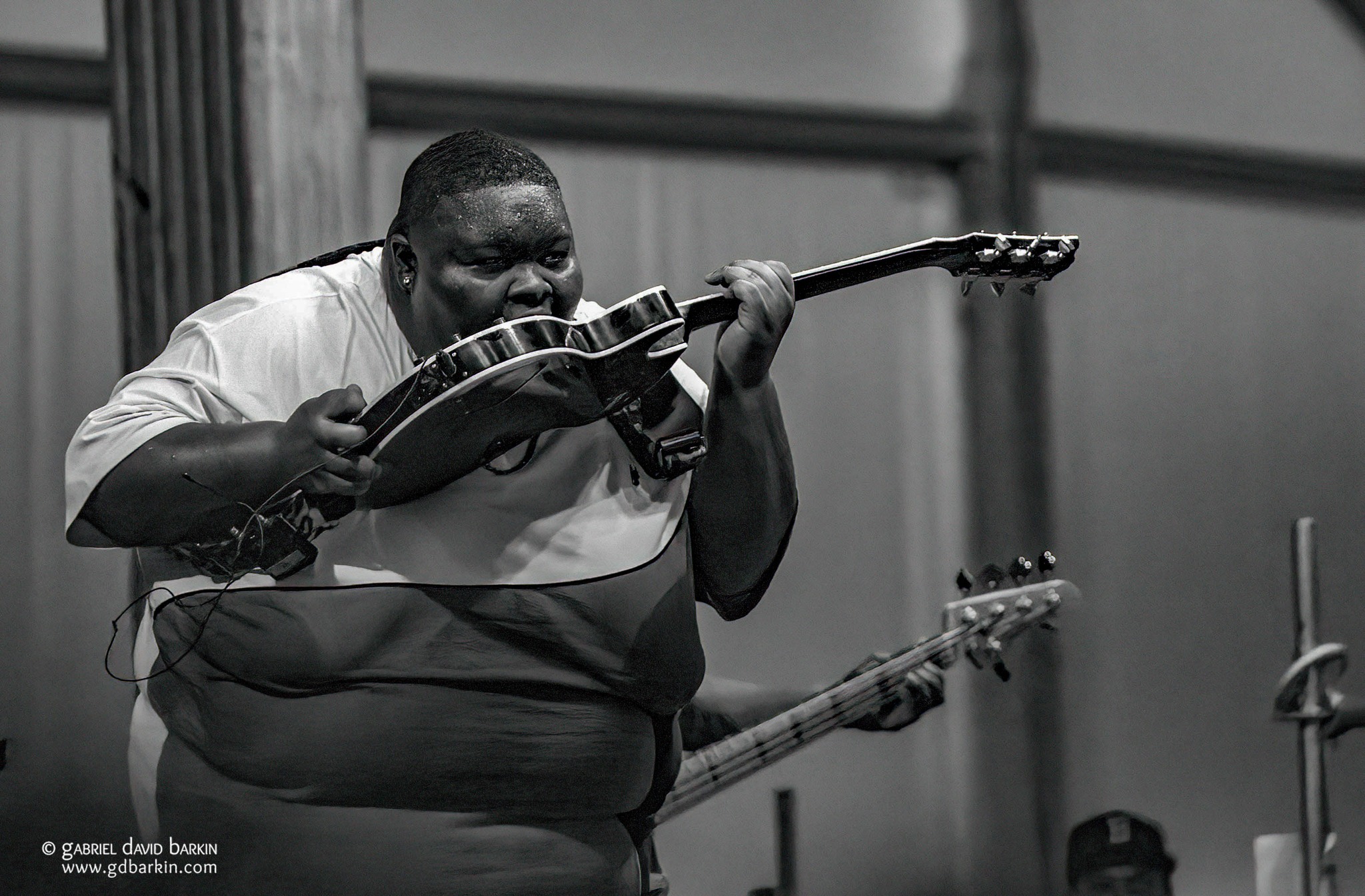
After a few “lessons” from Kingfish, I thought maybe I’d start heading toward the exit and perhaps catch a few tunes elsewhere on my way out. But then Kingfish started walking through the audience playing his guitar, and his solo was flaming. Couldn’t leave now! So I waited until after he got back on stage to start my exit. But then Kingfish started picking his guitar with his teeth. Couldn’t walk away from that either! I just could not walk away from his blazing guitar pyrotechnics. Lesson learned!
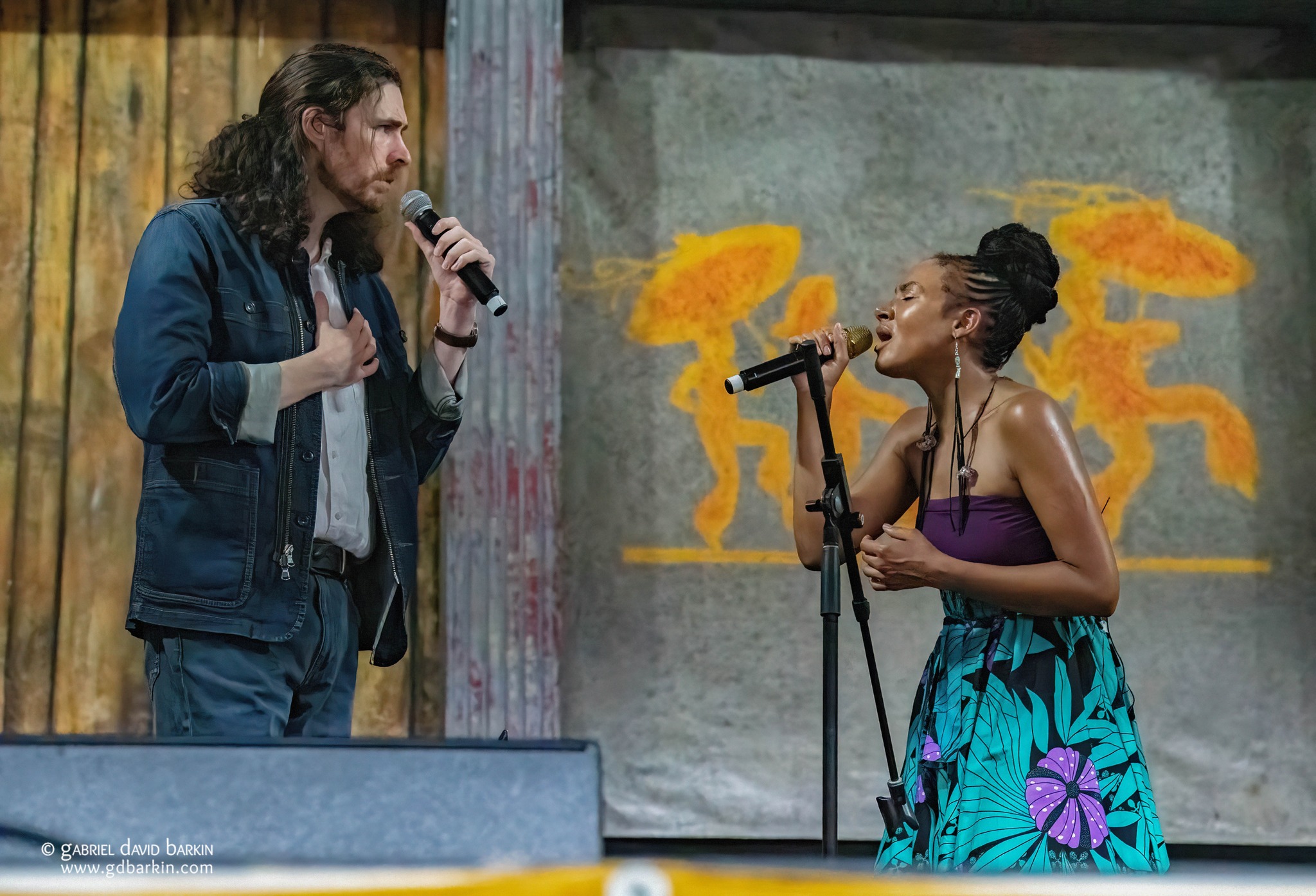
I finally made my move at about 6:50 PM. Heading out past the Gentilly Stage, I ran into an unexpected mass of young humanity. I could not have told you that Hozier was a big thing, despite being given a closing slot on the Gentilly Stage, the second largest space in the Fairgrounds. But there I was, scratching my way through a tightly packed horde of at least 25,000 people filling the field. The Millennials and Gen Z’ers seem to know every word of every song. I knew “Take Me to Church” was a big thing (and indeed, he played that as I walked out toward my shuttle), but I had no idea the guy was a legit headliner. My bad. Clearly, the kids—and some of us old-timers—loved it.
⚜ ⚜ ⚜
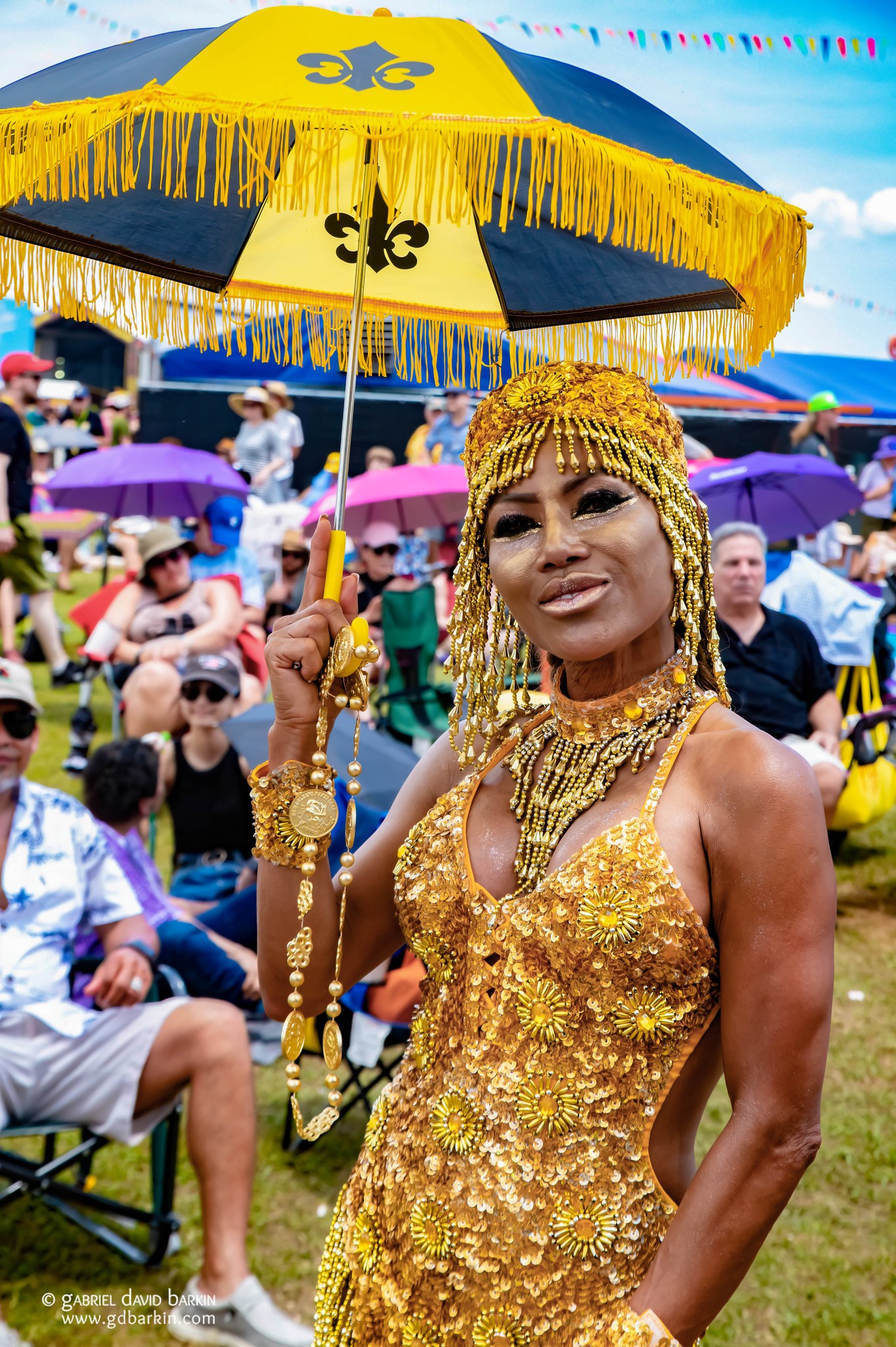
On Friday evening, I visited New Orleans’ version of the Fillmore Auditorium for the first time. I brought a pocket-sized camera to get a few shots of Joe Russo’s Almost Dead (JRAD), but the staff said even those little guys weren’t allowed. I ended up walking in with it anyway somehow only to find my battery was dead. Karma. I didn’t even bother taking pics with my phone either.
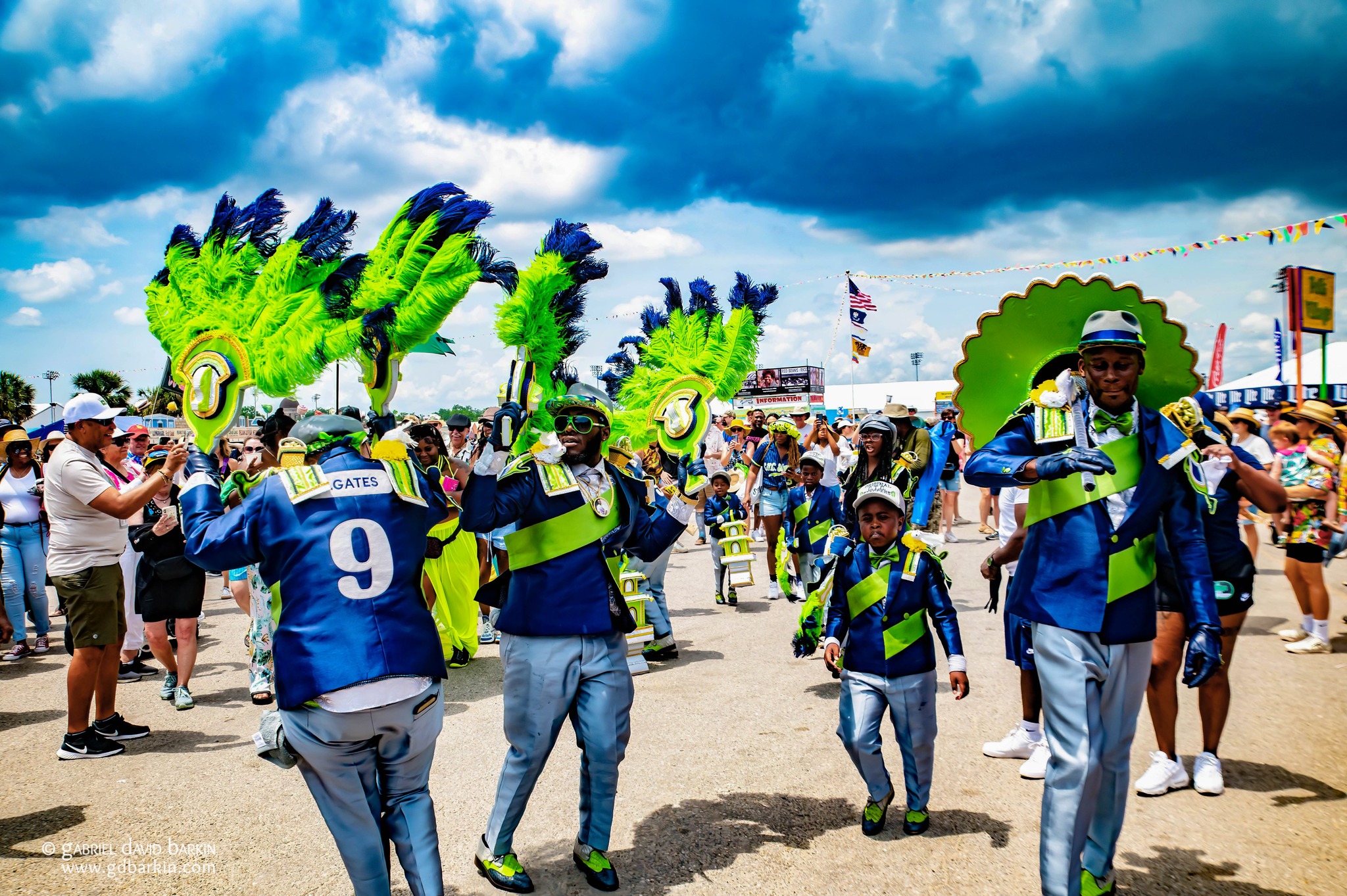
I’ve been to the original San Francisco Fillmore easily well over 100 times. This place was Live Nation’s commercialized version of a cookie-cutter pseudo-re-creation of the famed venue. There were similar chandeliers hanging from the ceiling, but it was otherwise barely reminiscent of the storied venue. On the other hand, it’s not a bad place—large, roomy, some tiered seats in the back, and more urinals in the men's room than a basketball arena. Pretty good sound, definitely better than Mardi Gras World (the last place in NOLA where I’d seen JRAD, in about 2018). No free apples though.
JRAD came on stage at the stroke of 9:00 PM. Apparently, Russo had a gig shortly after midnight so there was no time to spare. Of course, they killed it. No band, in my humble opinion, plays the Dead with as much spirit, chops, and brilliant interpretations as JRAD. But I see so much Dead cover band music in the Bay Area, and I have tickets to see JRAD again later this year. So I stayed for the first set and half of the second before tearing myself away to head off for Round Two of my evening.
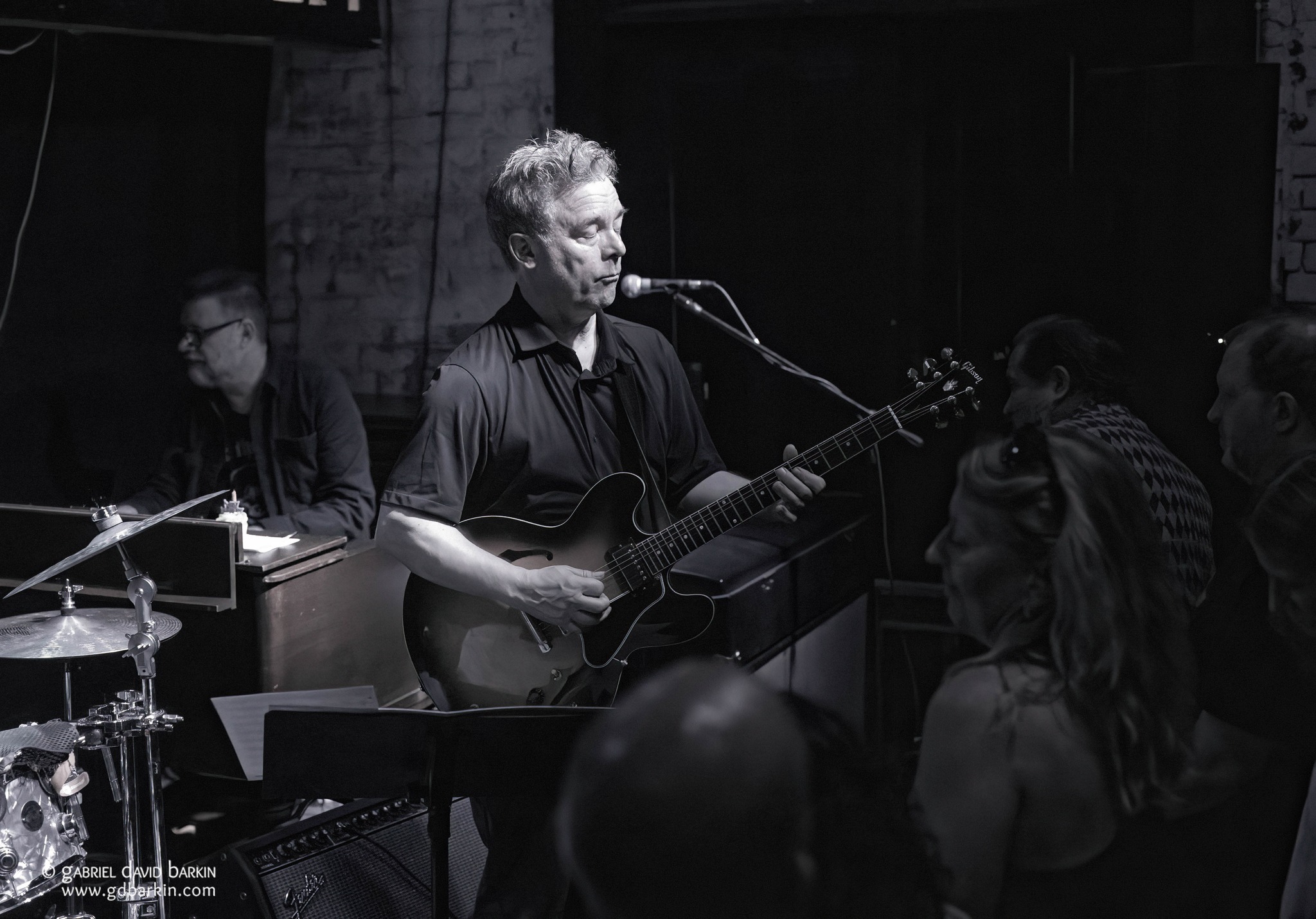
Round Two was the annual Bayou Rendezvous throwdown at Howlin’ Wolf. I was invited to shoot pictures, and there was a ton of good music on the bill. I made it until about 2:30 AM before hitting the wall. By then I’d seen four acts. First was an improv jazz fusion combo in the tiny Den room, a sweltering closet with about 120 people shoehorned into it. Robert Walter (keys), Will Bernard (guitar), Reed Mathis (bass), and Simon Lott (drums) were doing their best to raise the very low roof (mission accomplished!), and Cochemea jumped up on sax. Steam was rising from our sweaty bodies and smoke from the musicians' instruments. (Fun fact: I’ve had three guitar lessons in my life, and one was from Will Bernard.)
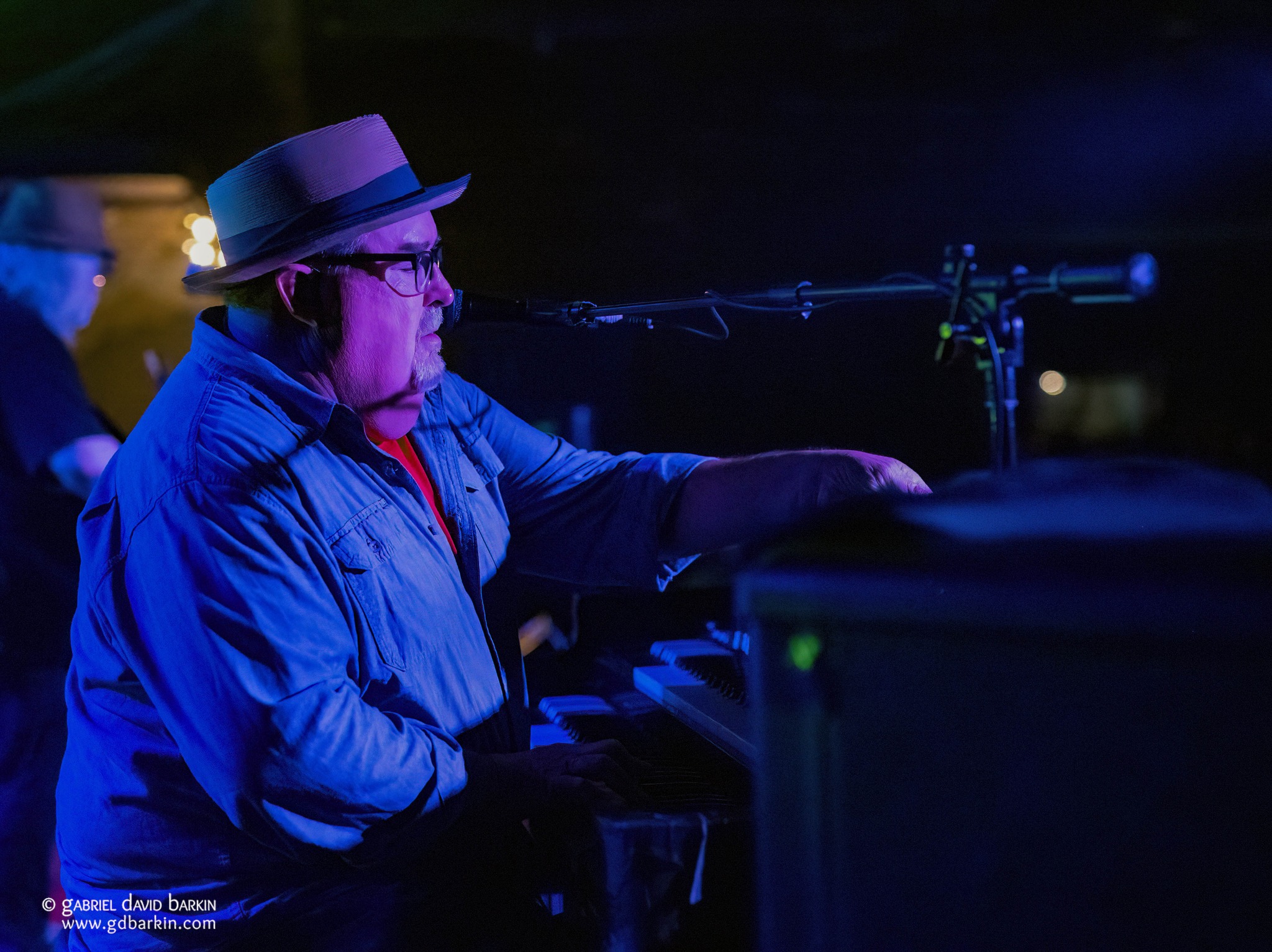
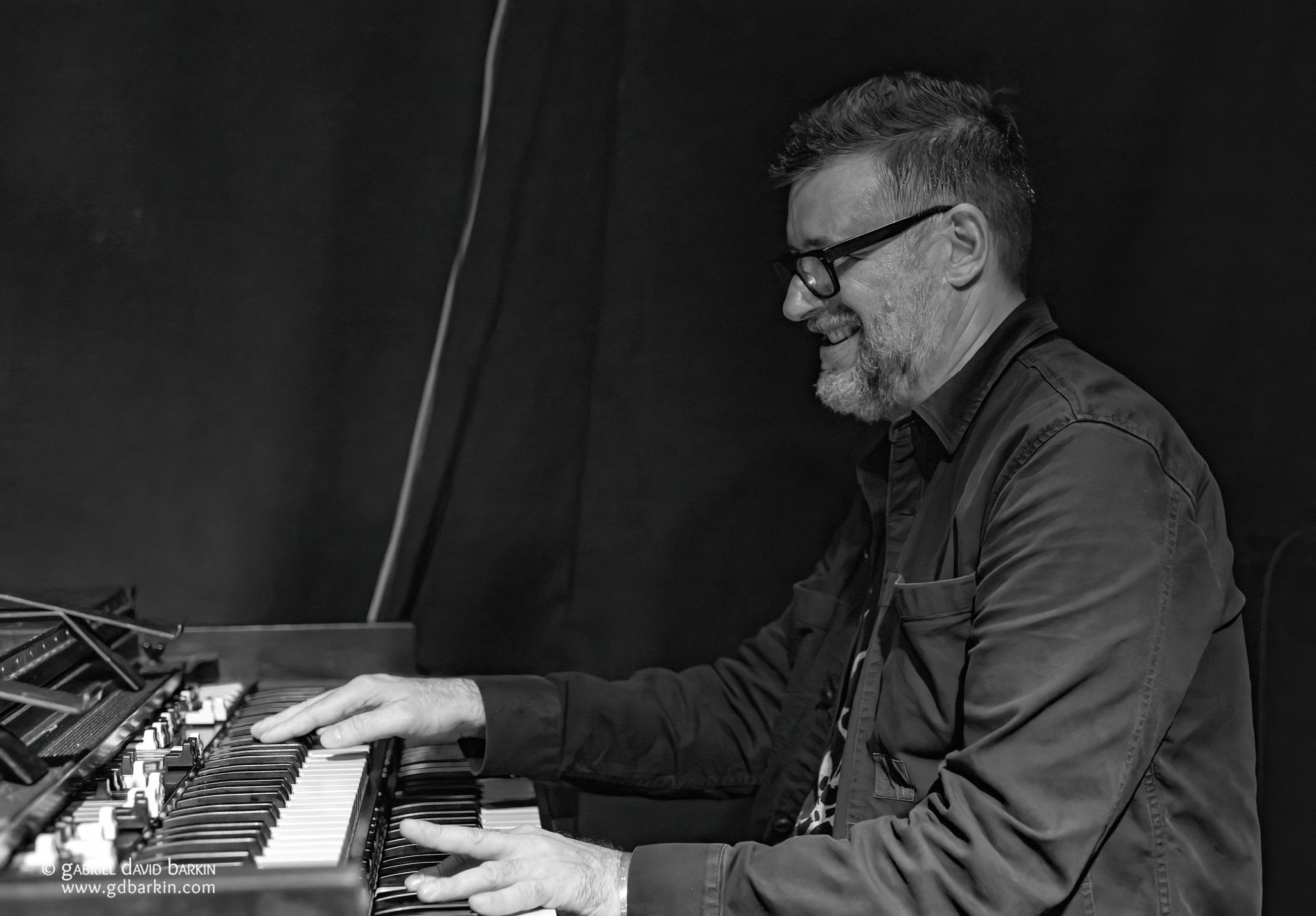
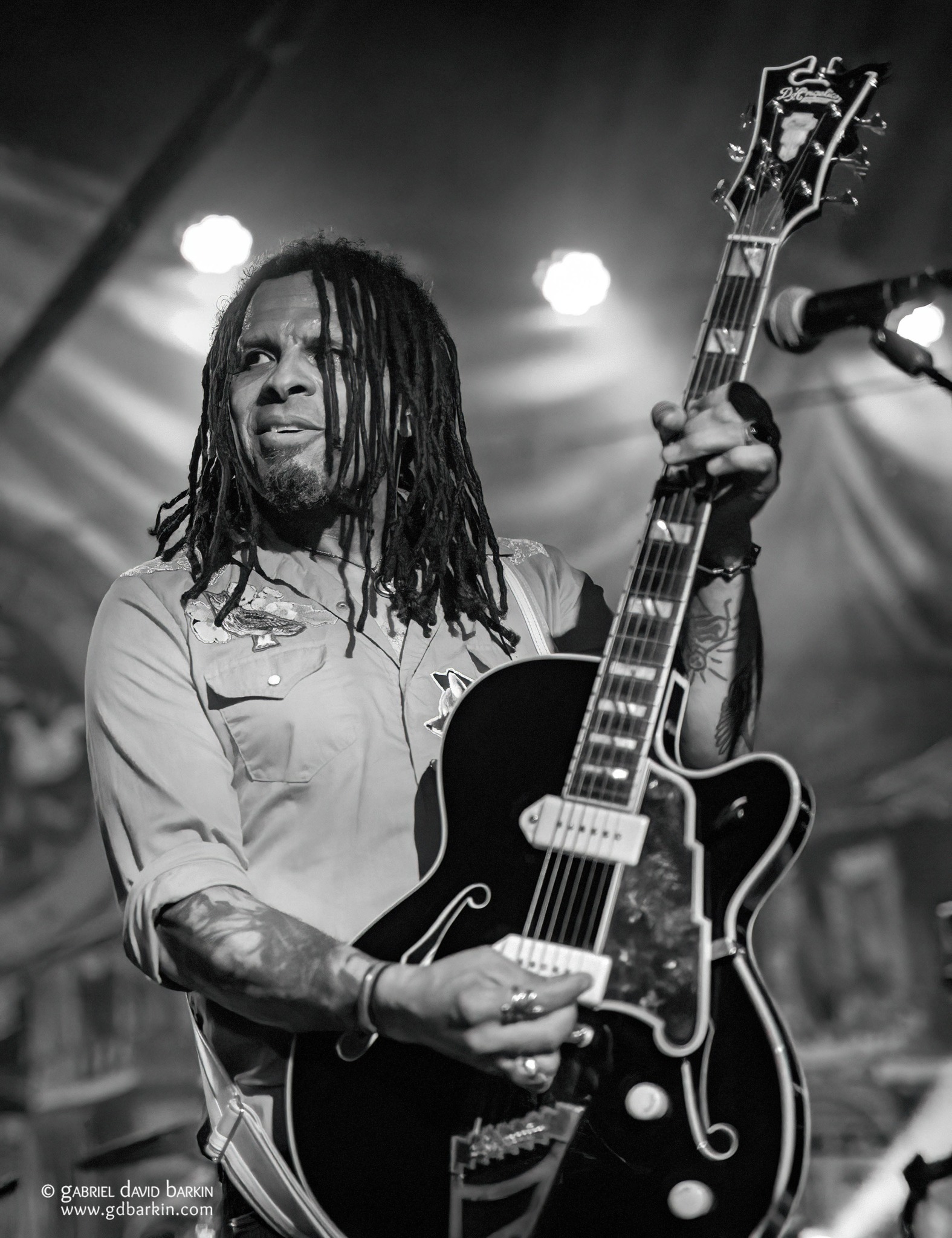
Back on the main stage I found John “Papa” Gros singing and playing a Hammond, Papa Mali and June Yamagishi on guitars, Johnny Vidacovich and Terence Higgins on drums, and Kevin Scott on bass. Papa Mali must have had a gig elsewhere because he split at some point and Eric McFadden took his spot center stage. McFadden and Yamagishi traded leads in a post-midnight shred-fest. Vidacovich, always a master, was sublime with his second-line syncopation, always one of my favorite drummers to watch.
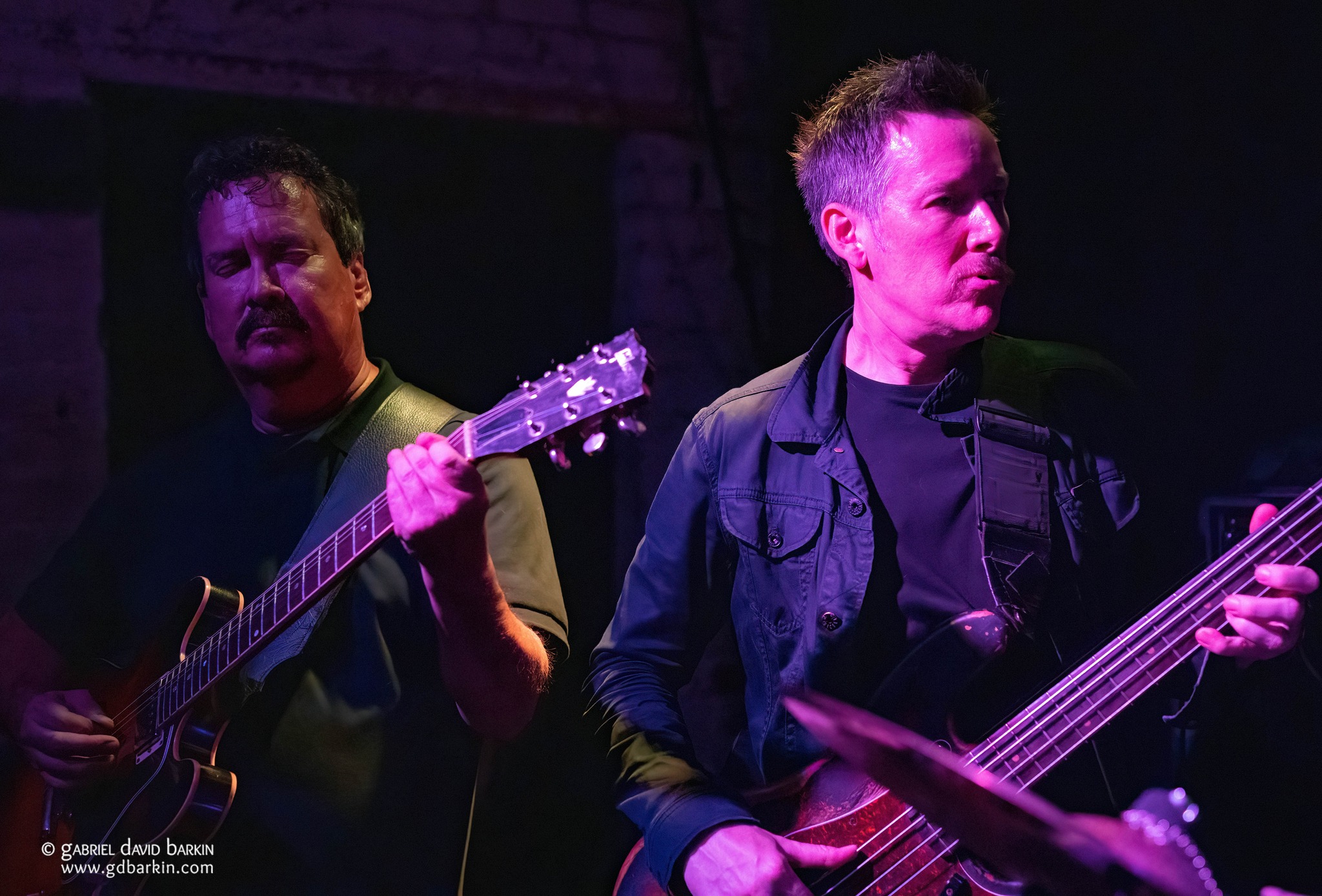
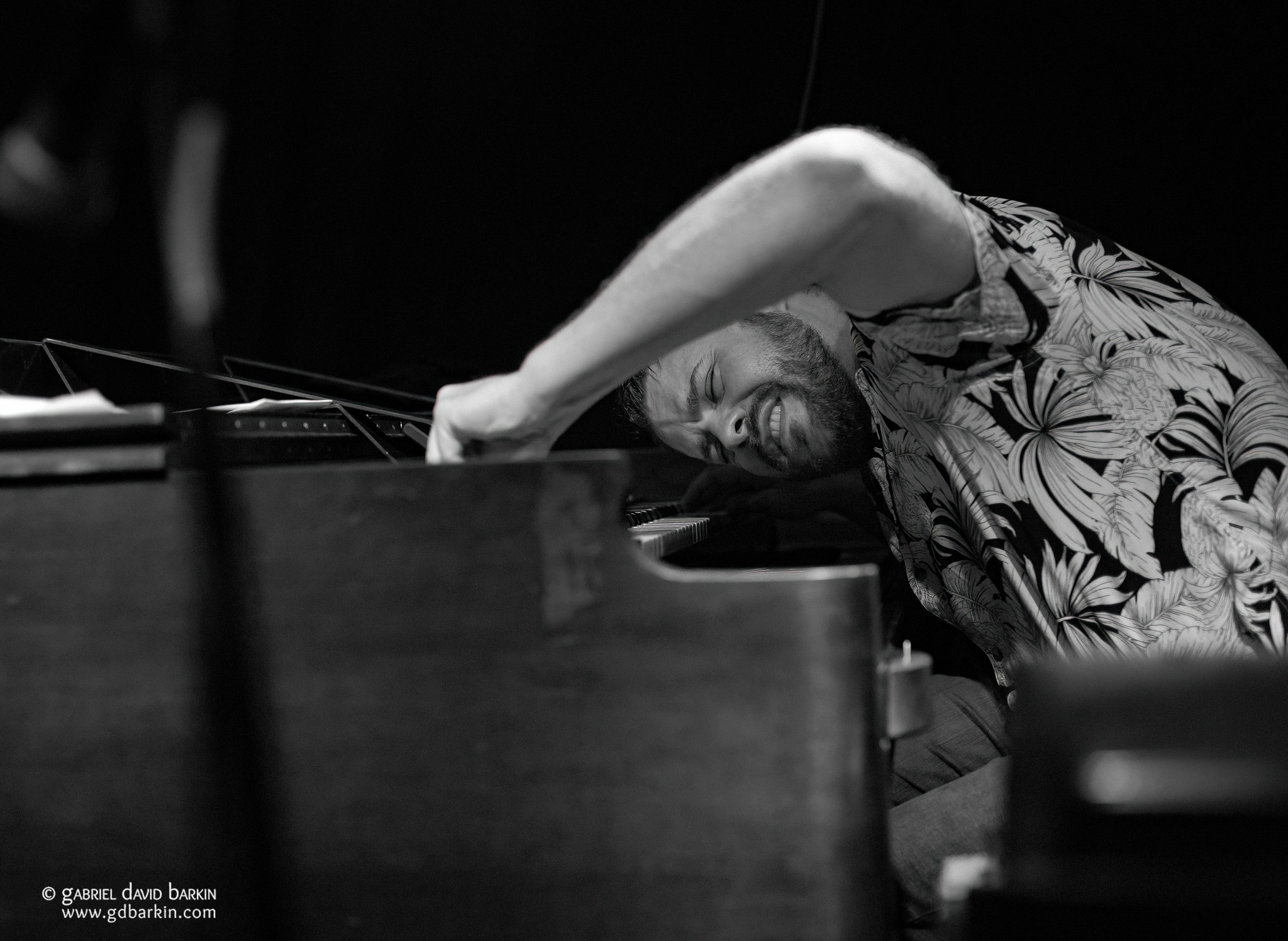
Back to the Den at around 1:00 AM, where I found Galactic guitar player Jeff Raines and bassist Robert Mercurio holding court with Simon Lott still on drums and Dr. John’s keyboard player Joe Ashlar burning the post-midnight oil with flaming leads. A trumpet player (still trying to find out who that was) added some funky brass to take the heat even higher.
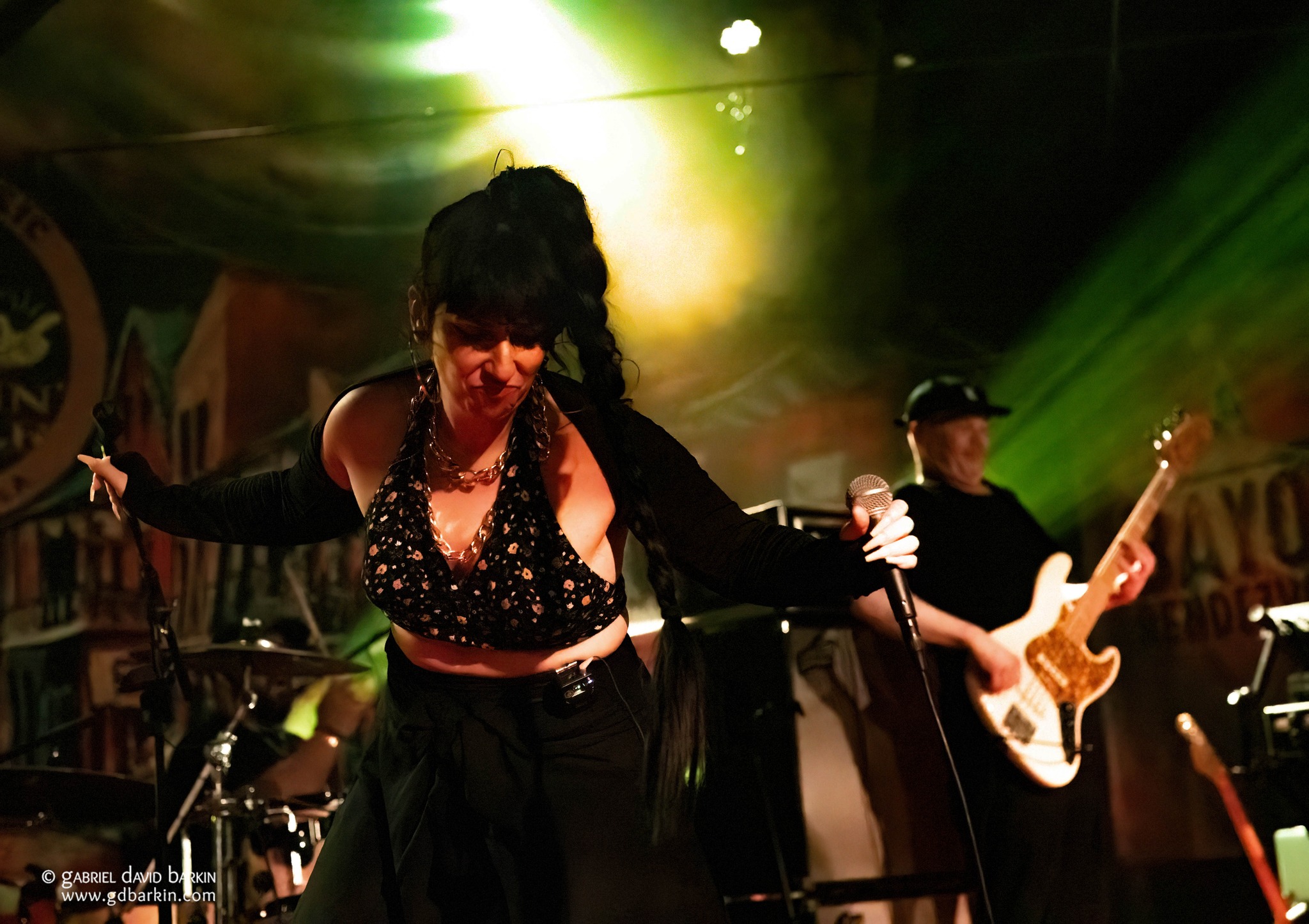
Back in the big room, Cool Cool Cool took up the house-party band mantle. Singers Shira Elias and Sammi Garett egged on the crowd with an infusion of musical caffeine. I was hoping for a Talking Heads cover or two (Cool Cool Cool is more or less the band that has been backing Adrian Belew and Jerry Harrison on their never-ending “Remain in Light” tour for a few years now)—and they may have played something from that catalog after I finally cashed in my chips to hit the sack, but by then I was snoring.
SATURDAY, MAY 4
I’d been in NOLA for three days and hadn’t had a single beignet! So, first thing at the Fairgrounds, I headed for the Café du Monde kiosk and loaded up on some classic “powdered sugar delivery units.” I took my goodies into the Jazz Tent to kick off the day’s music with Blodie’s Jazz Jam. Blodie is one of the founders of the Dirty Dozen Brass Band, and he’d brought a bunch of friends with him for some modern and traditional New Orleans jazz. Beignets and brass, sounds and tastes like heaven!
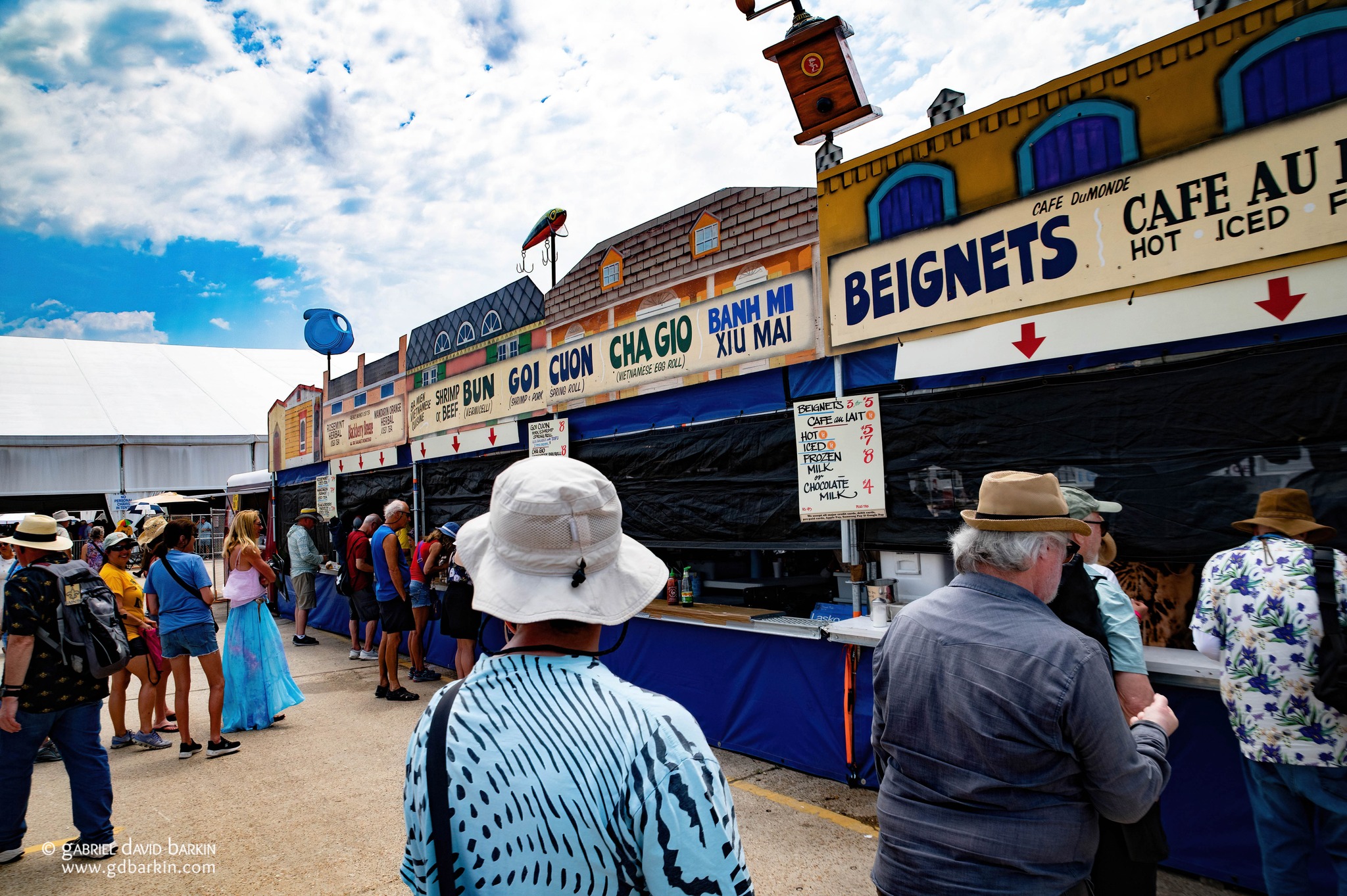
For me, Saturday was one of those days where the intersections of life and death—intersections that are uniquely celebrated in N'awlins tradition—seemed present everywhere I turned. Bodie was at the first such intersection of the day. “Most of us spend a lot of time on the road,” he said. “We want to take some time today to pay homage to some friends of ours.” He mentioned Kirk Franklin, a few other notable recent losses, and some lesser-known but cherished, dearly-departed family members. The band played a slow song in their honor. Then Bodie spoke again: “After a dirge like that, we celebrate life, and life goes on.” The band played a lively, spirited song. That’s part of the NOLA tradition.
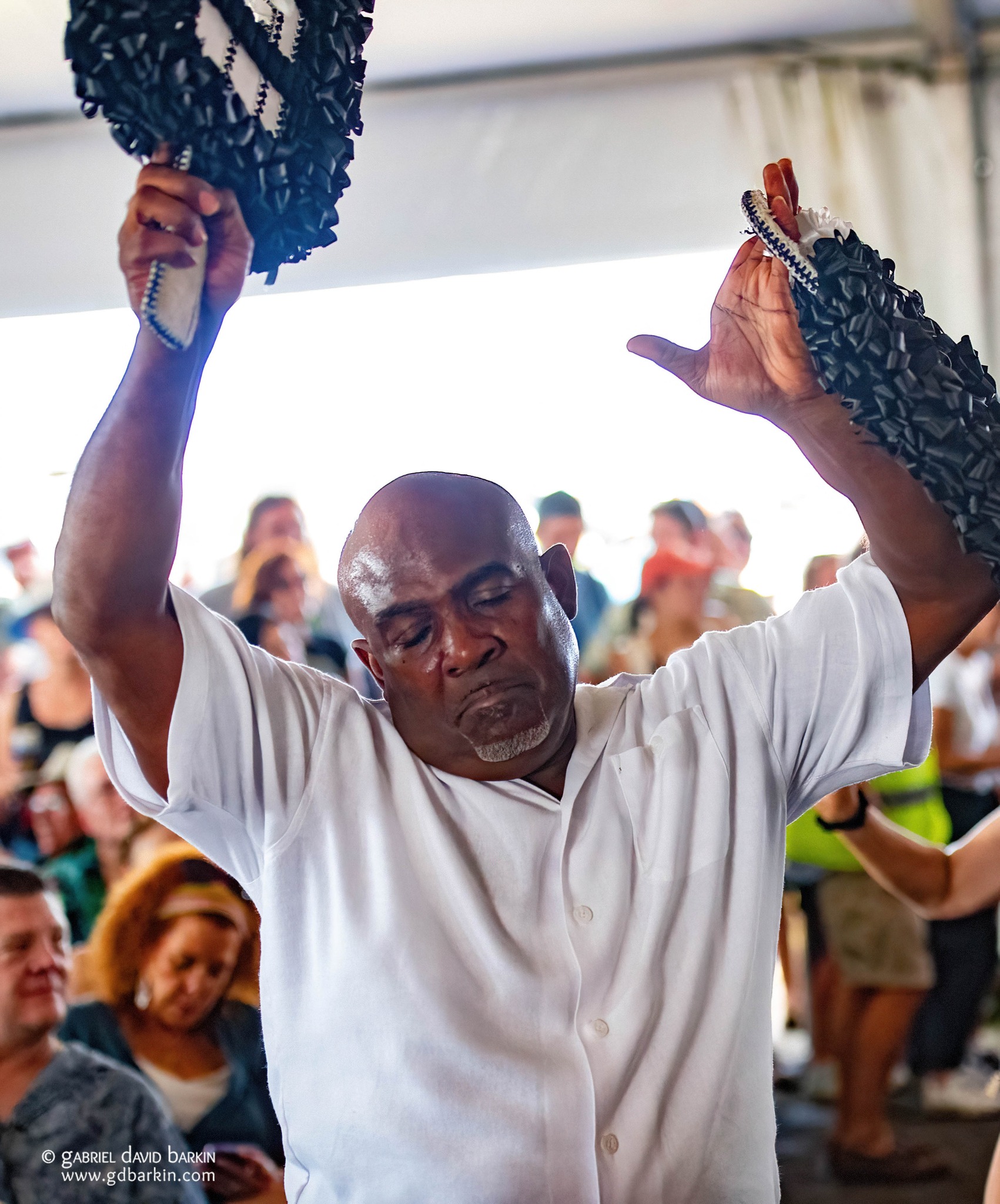
The early afternoon was a scorcher but with some clouds and an occasional breeze that stunted the humidity from time to blessed time.

If Thursday was a circus and Friday was a clusterfu)k—well, by Saturday I’d run out of words to describe the crowd. I haven’t looked through the schedules of past years to try to figure out when the festival started inviting internationally famous acts that can fill football stadiums, but it’s certainly not the somewhat-mellow festival I first experienced in 1988. Headliners used to be acts like Dr. John, the Neville Brothers, and maybe a Bonnie Raitt or even a James Brown. But they didn’t start inviting stadium-packing bands like the Foo Fighters and the Stones until later. I suppose it’s good for the local economy, but it sure makes the Fairgrounds a bit of a zoo.
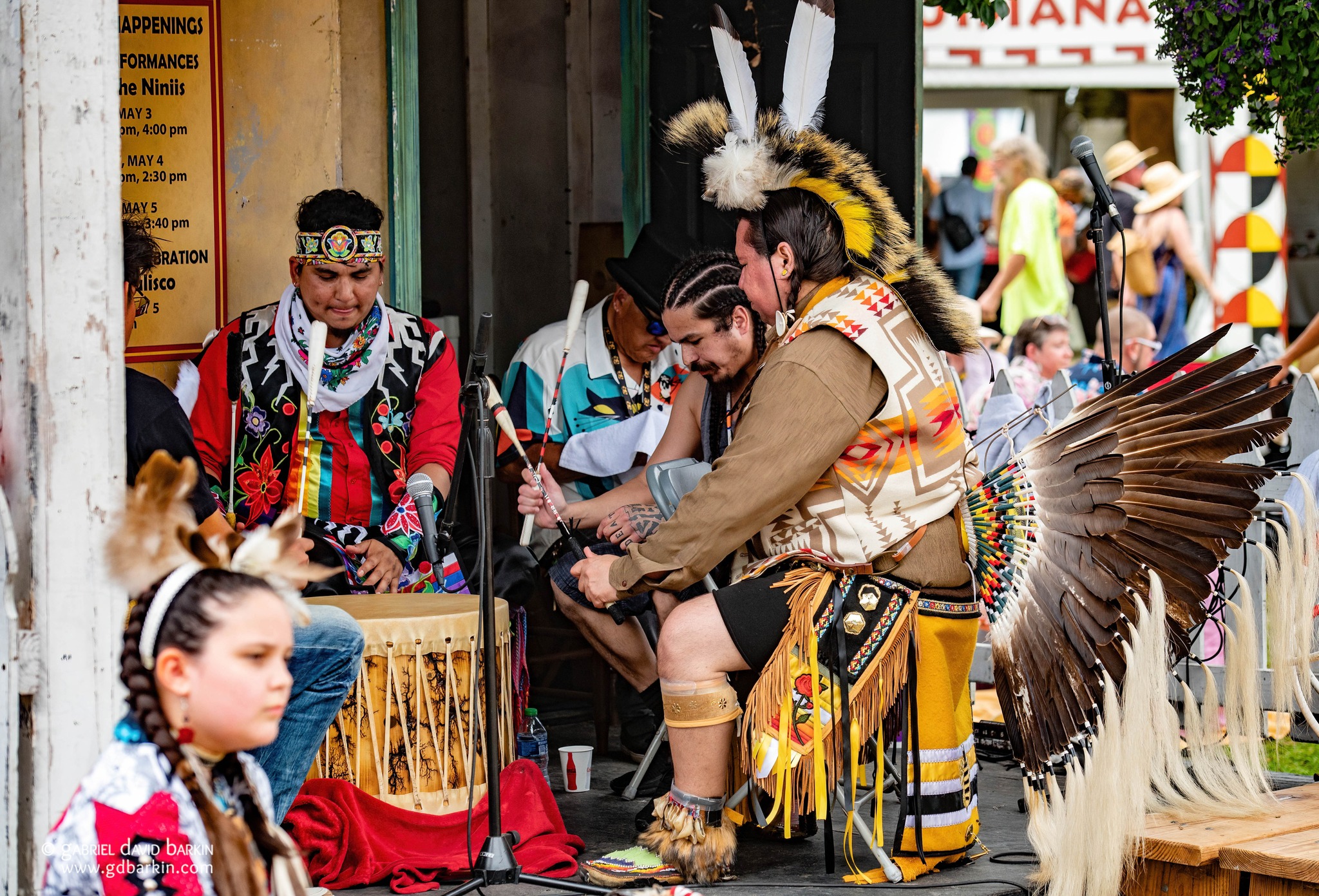
Rolling with the good times led me by happy accident to a performance of Native American dances. In the midst of a large circle of appreciative onlookers, one woman did a butterfly dance. A young boy and his father danced a medicinal hoop dance. Several drummers shared a single drumhead to pound a strong beat.
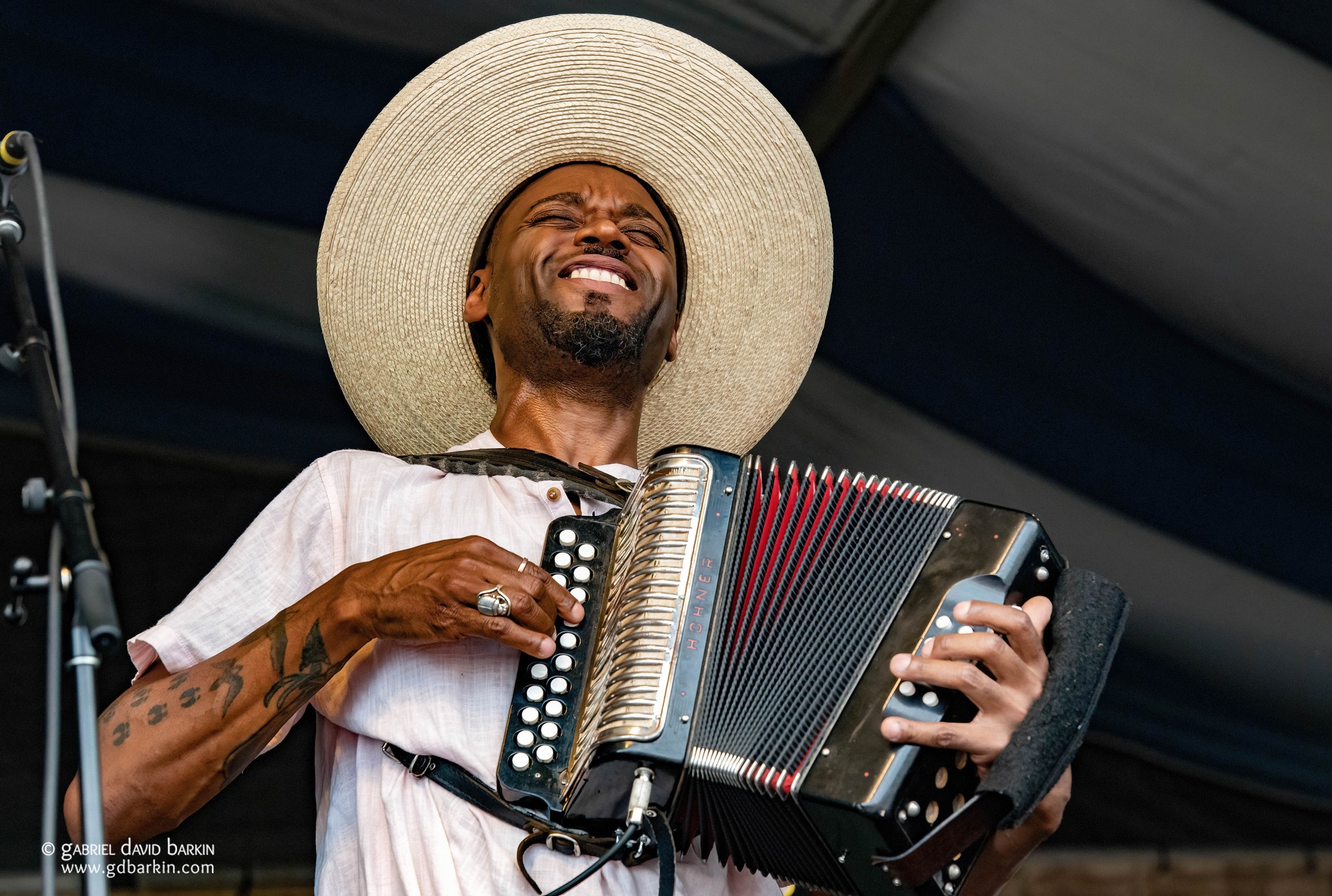
Next up was Cedric Watson et Bijou Creole on the Fais Do-Do Stage. Another intersection of life and death. A guitar amplifier stage right had a wreath of flowers and a golden Bible balanced on top. After the first song, Watson explained its presence: “We’re going to dedicate this show to one of the greatest musicians, Mr. Chris Stafford.” Stafford, a deeply loved and revered Louisiana musician, died tragically in a car accident just this past Thursday night.
Washboard player Paul Bird Edwards was clearly distraught. He kept looking at the amplifier as he played, and his eyes were teary. “No matter what, he’s here,” Edwards said.

Over in the Economy Hall tent, more life and death. I’m sorry to say I missed who they were celebrating. But I did pay my respect as paraders slowly stepped through the tent during a slow song. And I tapped my toes and joined the second line when the Preservation Brass Band swung into a high-powered “When the Saints Go Marching In.”

Over on the Congo Square stage, hometown party host Kermit Ruffins was doing his thing. He trumpeted a funky jazz version of “If I Only Had a Brain.”
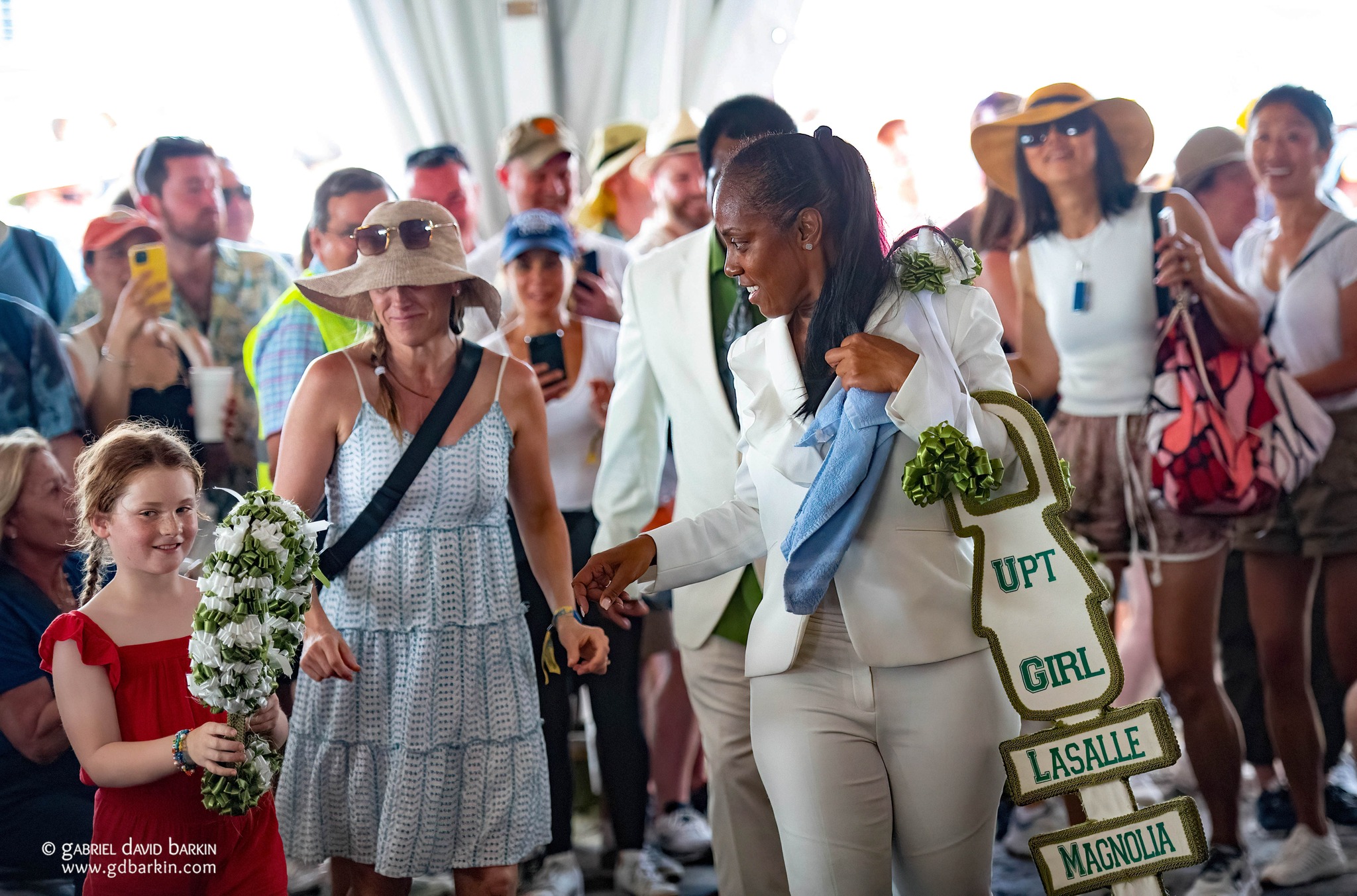
After I felt like I got a bellyful of Ruffins and his Barbecue Swingers, I tripped over to Columbia. I didn’t miss a single opportunity all weekend to swing by the Cultural Exchange Tent. This time it was Bejuco again, and their grooves were infectious.
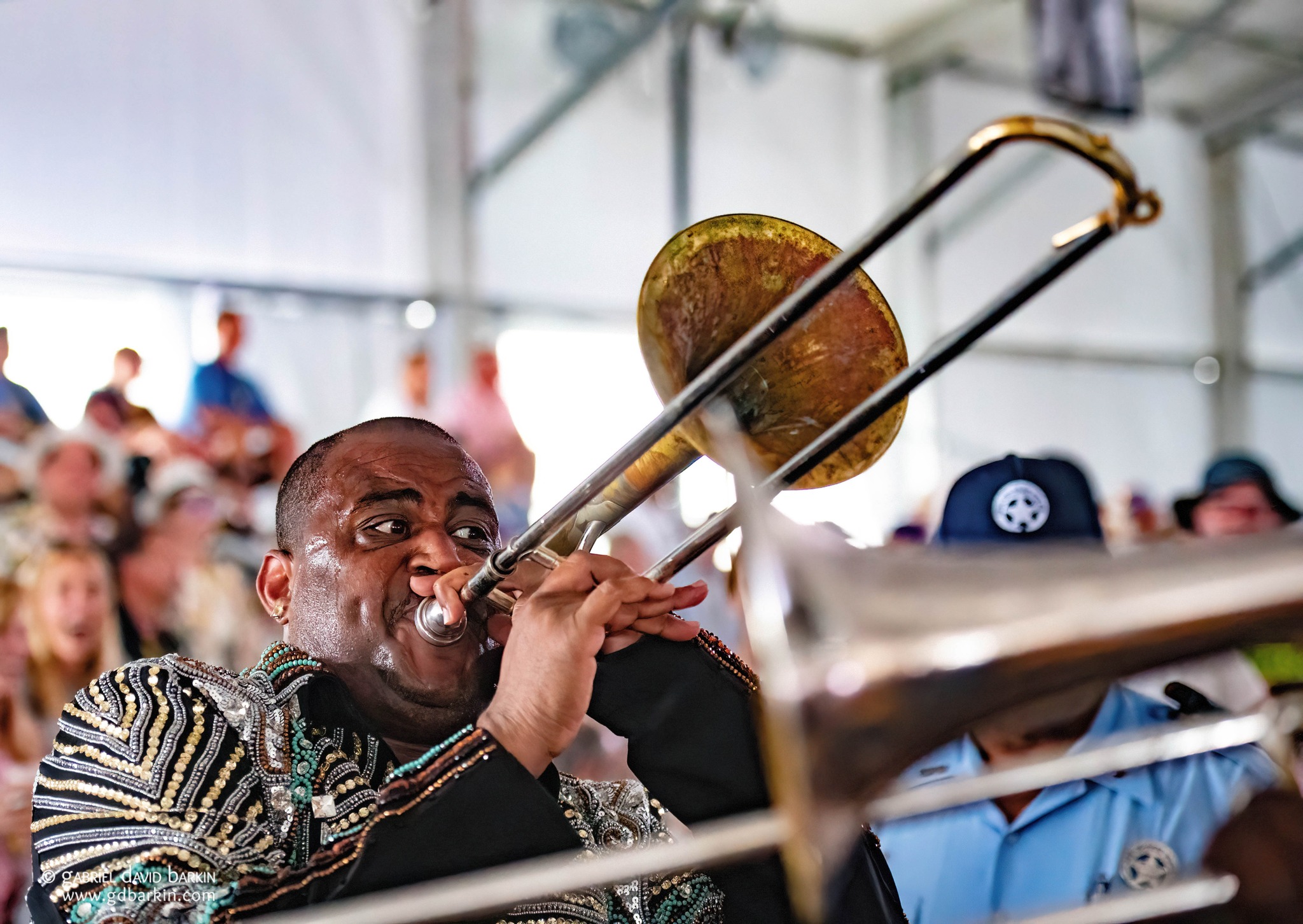
The only place I’ve ever seen Glen Davis Andrews is at Jazzfest in the Blues and Jazz Tents. But I never miss his set. He has boundless energy and always gives the crowd more than they could ask for. The highlight of his set, for me at least, is when he comes down from the stage and brings his jet-fuel energy directly to the people. He marches through the aisles singing or playing trombone, occasionally stopping to let an encircling crowd hem him in with raised cell phones capturing the close-up moment on video.
The only difference this year in the Blues Tent was that he didn’t march right into a row of chairs and stand up on one of the seats to preach his musical message. Too bad, that’s always the apex of a very high communal experience at Andrews’ shows. But I’m possibly the only person who noticed he skipped that part of his traditional routine.
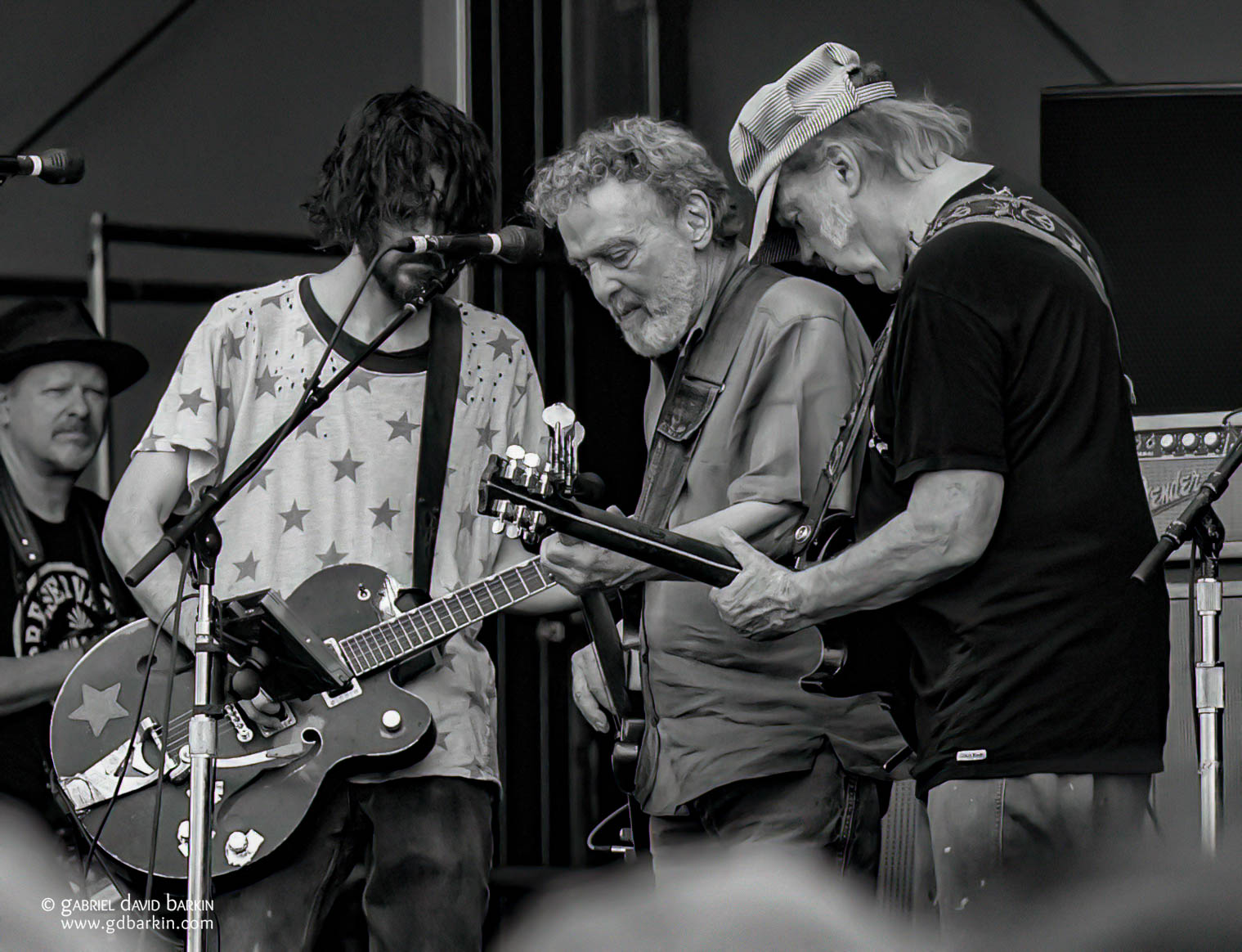
It was time now to head to the Festival Stage to get ready for Neil Young and Crazy Horse. Thank goodness for friends of friends! There was space for me right on the rail at house-right. Well, not the rail, that was for A-listers with Foundation and Board passes. And it wasn’t the second rail, that was for people who splurged for the pricey VIP section passes. But there I was on the third rail, the one for us regular folks, maybe 100 feet from the stage.
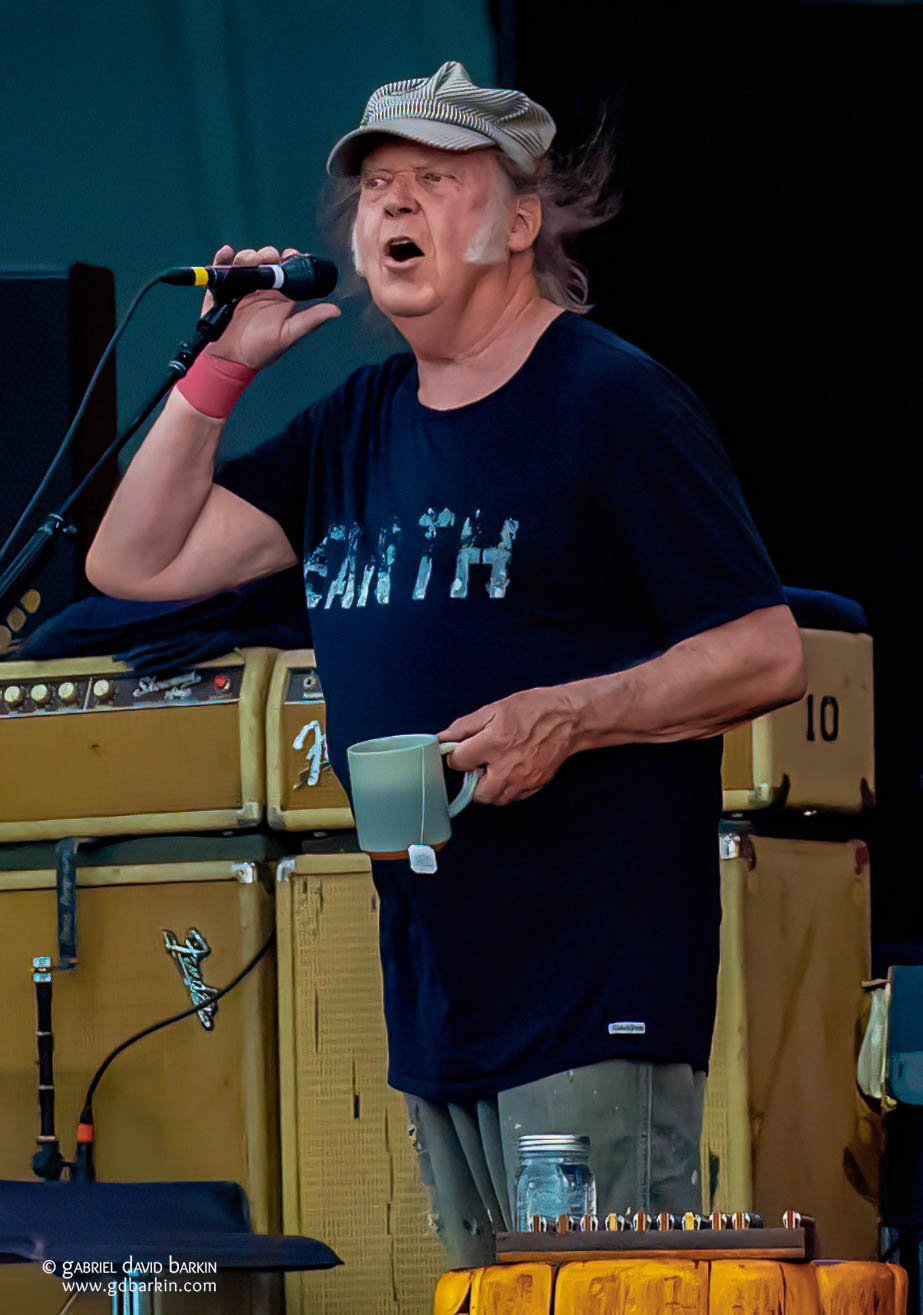
Neil came on about 15 minutes early. (He’d end ten minutes early though.) Founding Crazy Horse members Billy Talbot (bass) and Ralph Molina (drums) are being accompanied on this tour by Willie Nelson’s kid Micah (a.k.a. Particle Kid) on rhythm and lead guitar while Nils Lofgren is under contract to tour with Bruce Springsteen.
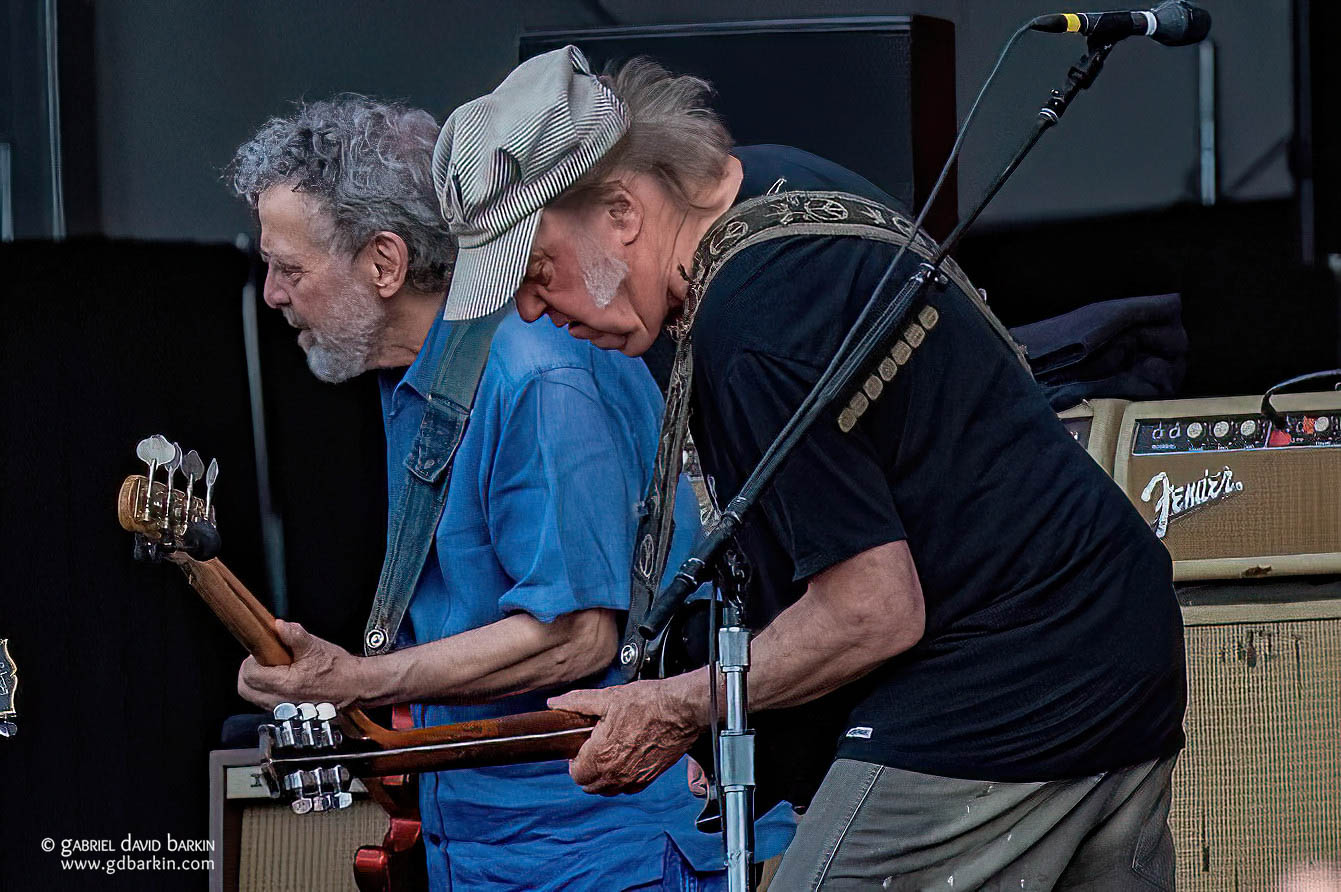
The three old guys (Neil, Billy, and Ralph) are all hovering around 80-years-old, but you wouldn’t guess it by the way they rocked like 20-somethings. It’s rare to see a bunch of octogenarians who sound exactly as awesome as they did in their 20s (for instance, see Stones, Rolling), but these guys? Man, I’ll have what they’re having!
Continuing the theme of life-and-death intersection, Neil told the crowd that, “All the songs we’re doing today were produced by David Briggs. When he passed it was a tremendous loss.” Briggs died in 1995, which shows how much he must have meant to Neil.
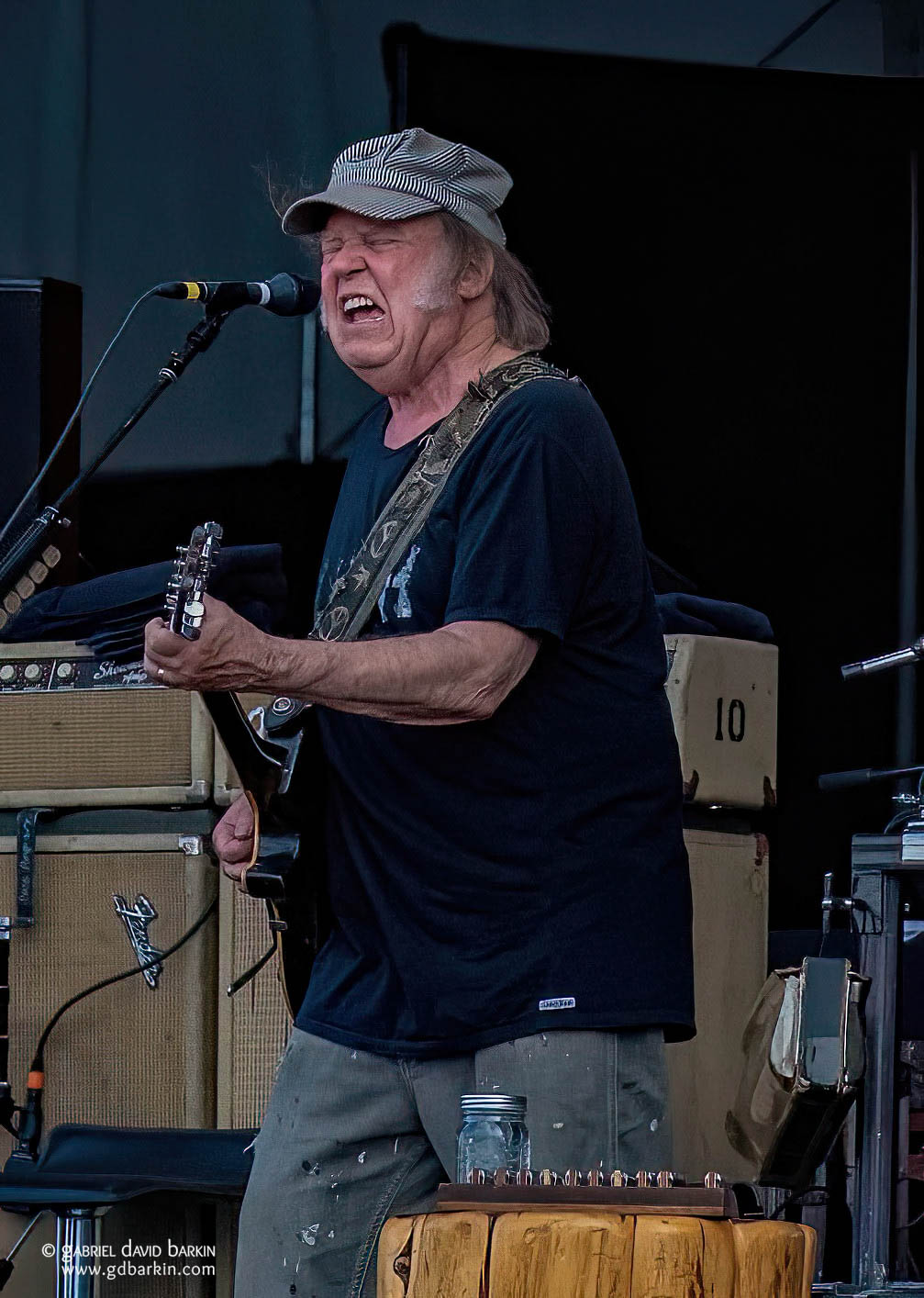
Another intersection: It may be a coincidence that Neil (I feel like I want to be on a first-name basis with him, like an old friend!) played “Ohio” on the anniversary of the Kent State massacre. Also, I’m not sure, but I think Neil played it on an electric guitar that David Crosby had given him. He played this song solo, the only song of the set without the band.
The Crazy Horse show may have been my favorite set by a superstar ever at Jazzfest. Every song was brilliant, from the opening 20-minute lead guitar spectacle of “Cortez the Killer” to the audience enthusiastically singing along with the refrains of “Down by the River” and “Hey Hey, My My.” A friend of mine complained later that Crazy Horse didn’t do any deep cuts, but I felt I’d had a good fill of that side of Neil’s catalog during last year’s sublime solo mostly-acoustic tour. I don’t mind the hits when they’re all so tasty!
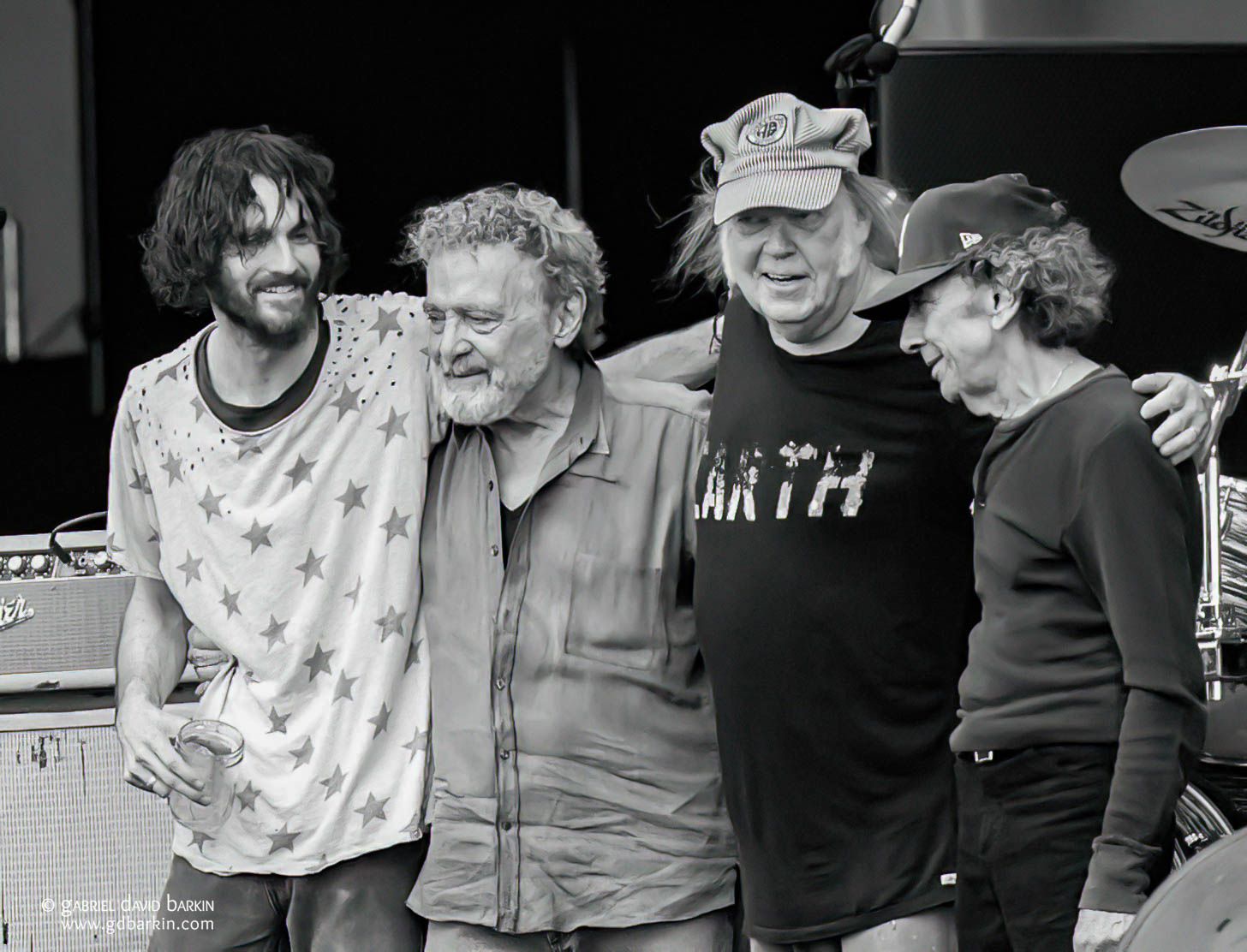
And truly, “Rock and roll will never die.” (By the way, I looked it up when Neil name-checked Johnny Rotten in that song; Johnny Lydon is now 68!) Certainly not as long as kids like Micah Wilson are whipping out classic rock solos and feedback jams like the one he did near the end of the show. (Love those Nelson kids, Micah and Lucas!)
Long may you run, Neil and Crazy Horse. Long may we all run. But then, none of us will live as long as Keith Richards, I’m sure.
⚜ ⚜ ⚜
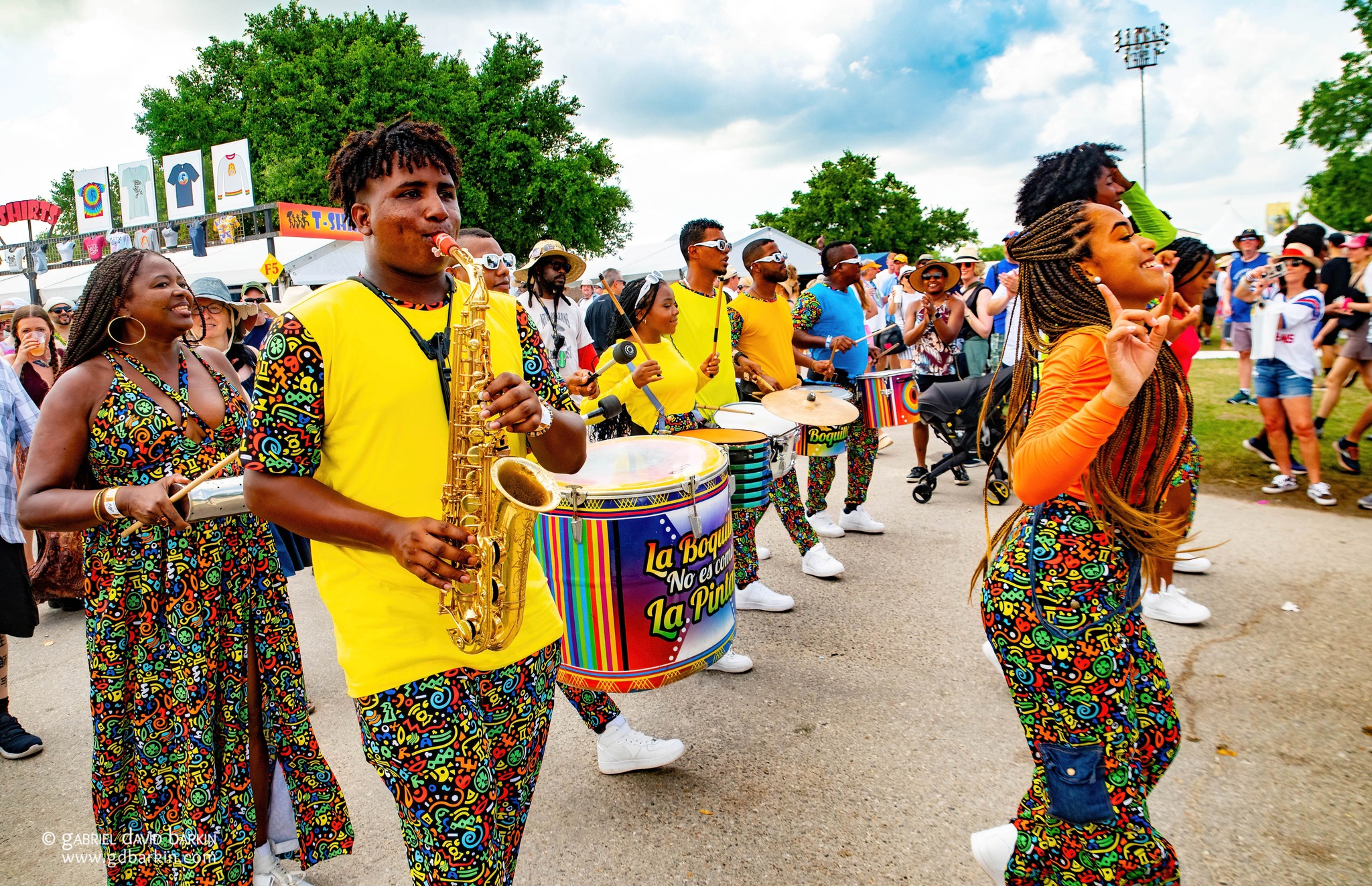
We dined at Atchafalaya Restaurant on Louisiana Avenue that night. One of the best meals I’ve ever had in New Orleans! My friend, a vegetarian, was impressed by the unique cauliflower dish she ordered; it’s rare to find vegetarian entrees on menus full of meats and fish that are so thoughtful and delicious. My seabass in a meuniere sauce with peaches and onions was out of this world.
Finally, to close out the night, I met up with some folks in the balcony of the Joy Theater for a funk throwdown featuring most of Dumpstaphunk and most of Lettuce (including founding guitar player Eric Krasno), with guests George Porter Jr., John “Papa” Gros, and Cyril Neville. Other than the fact that it was a tremendously epic funky jam sesh, I don’t have much to say about this show. I just danced my ass off and had a great time.
SUNDAY, MAY 5
In one way, each Jazzfest experience is like an NCAA basketball tournament. For the NCAA annual championship, fans fill out their “brackets,” making picks for who will win each round and advance to the next. Everyone’s brackets are different, and adjustments have to be made as each game is played. So it is with Jazzfest—you look at the “cubes” (the grid of stage schedules), you pick where you’ll go, and maybe you follow your plan or maybe you end up doing something else. And no two people end up with matching grids, just like how the nearly immeasurable variety of NCAA tournament picks is different for every basketball fan.
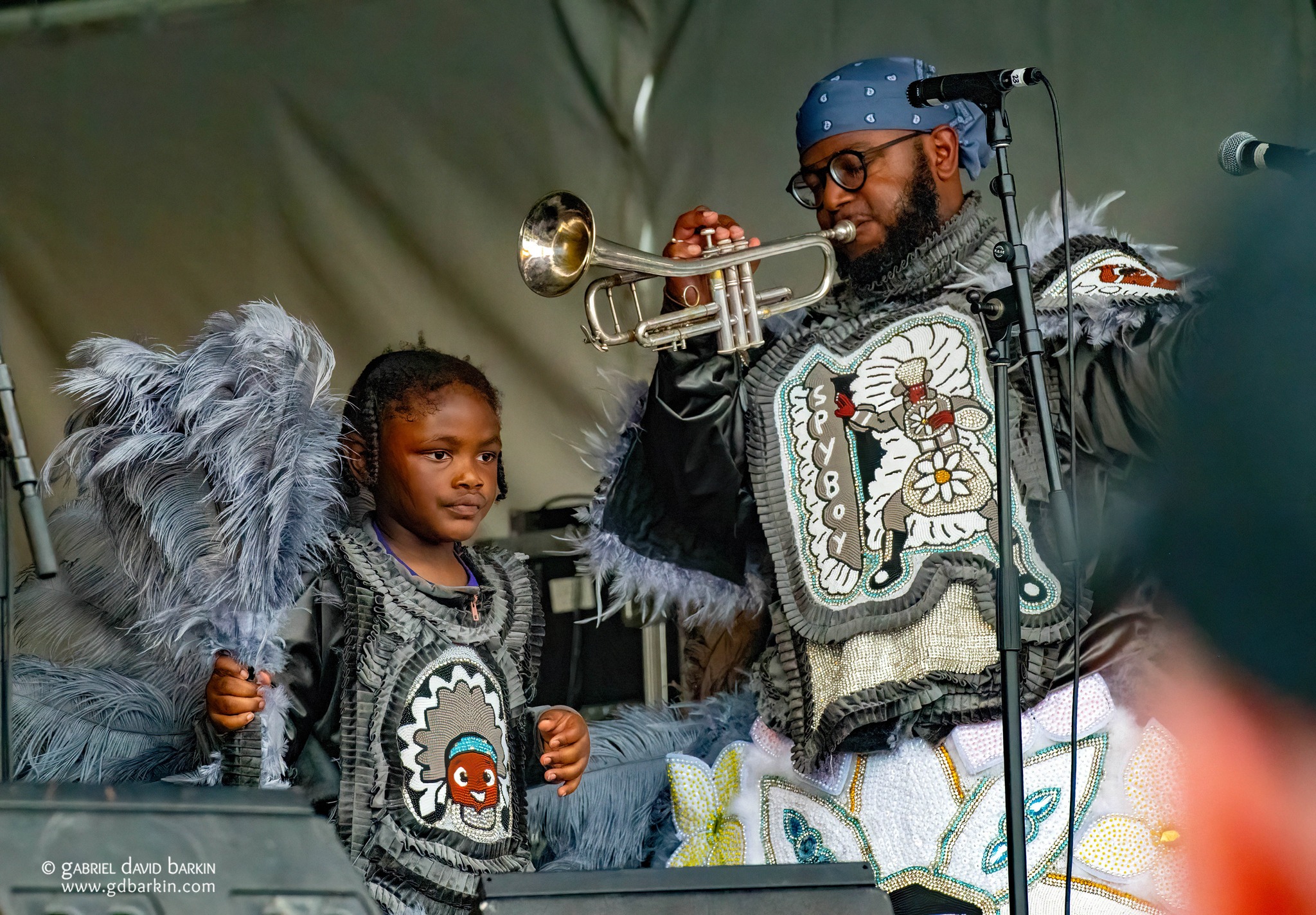
So in that spirit, here’s my Sunday journal. I didn’t exactly plan it this way, but by laissezing les bons temps rouler, I finally checked out the few stages I hadn’t yet visited during the long weekend so far. First, I popped into the Rhythmpourium to see what the buzz was all about when I saw a thick crowd spilling out of the tent flaps. It was Dwayne Dopsie, now enjoying a wealth of attention following his onstage appearance with the Stones a few days earlier. He also let us know he recorded the accordion part for “Jolene” on Beyoncé’s new album. Man, that guy can play a mean accordion!
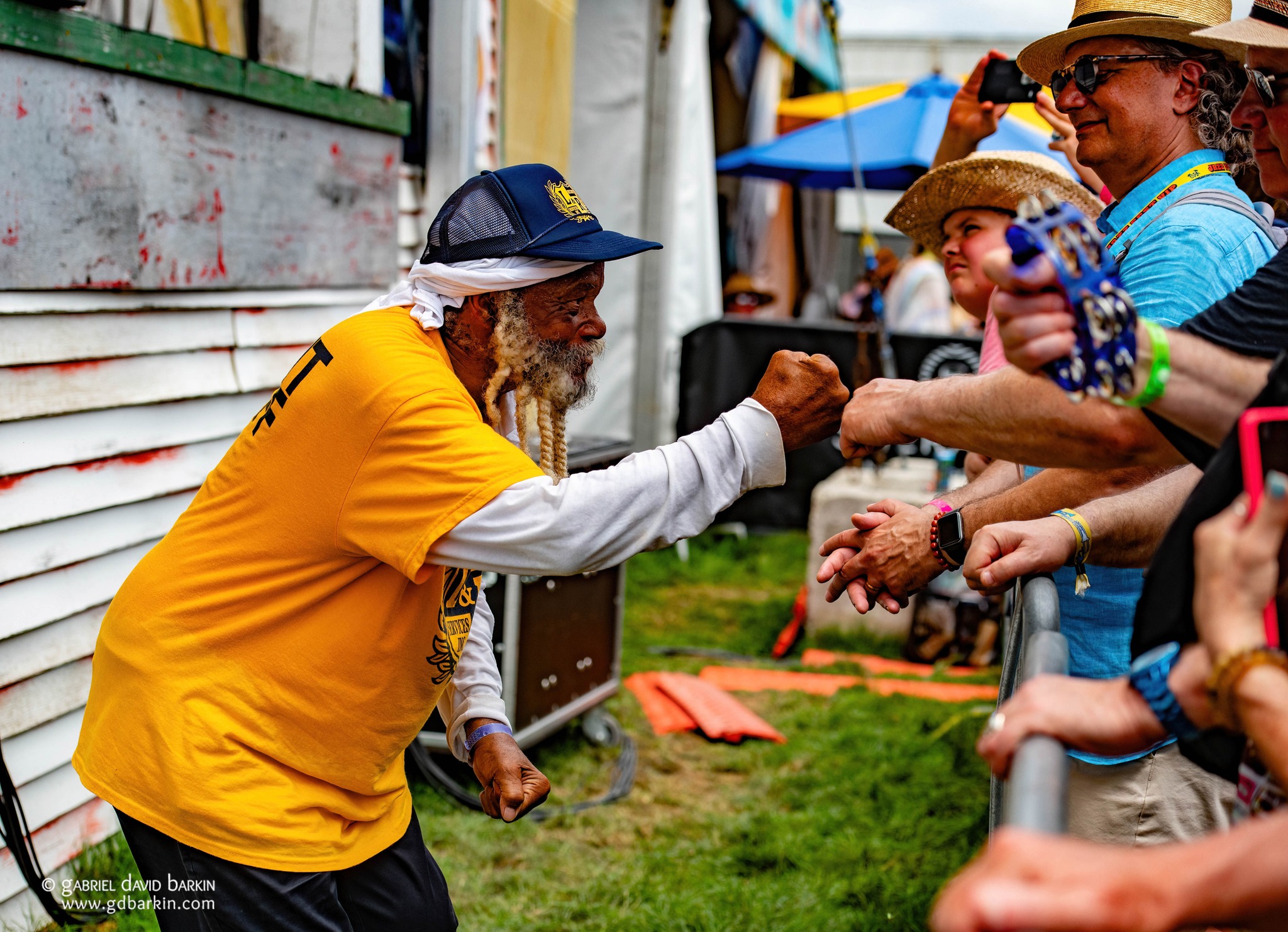
And man, was it sweaty in there! Not sure if it was the humidity or Dopsie’s playing.
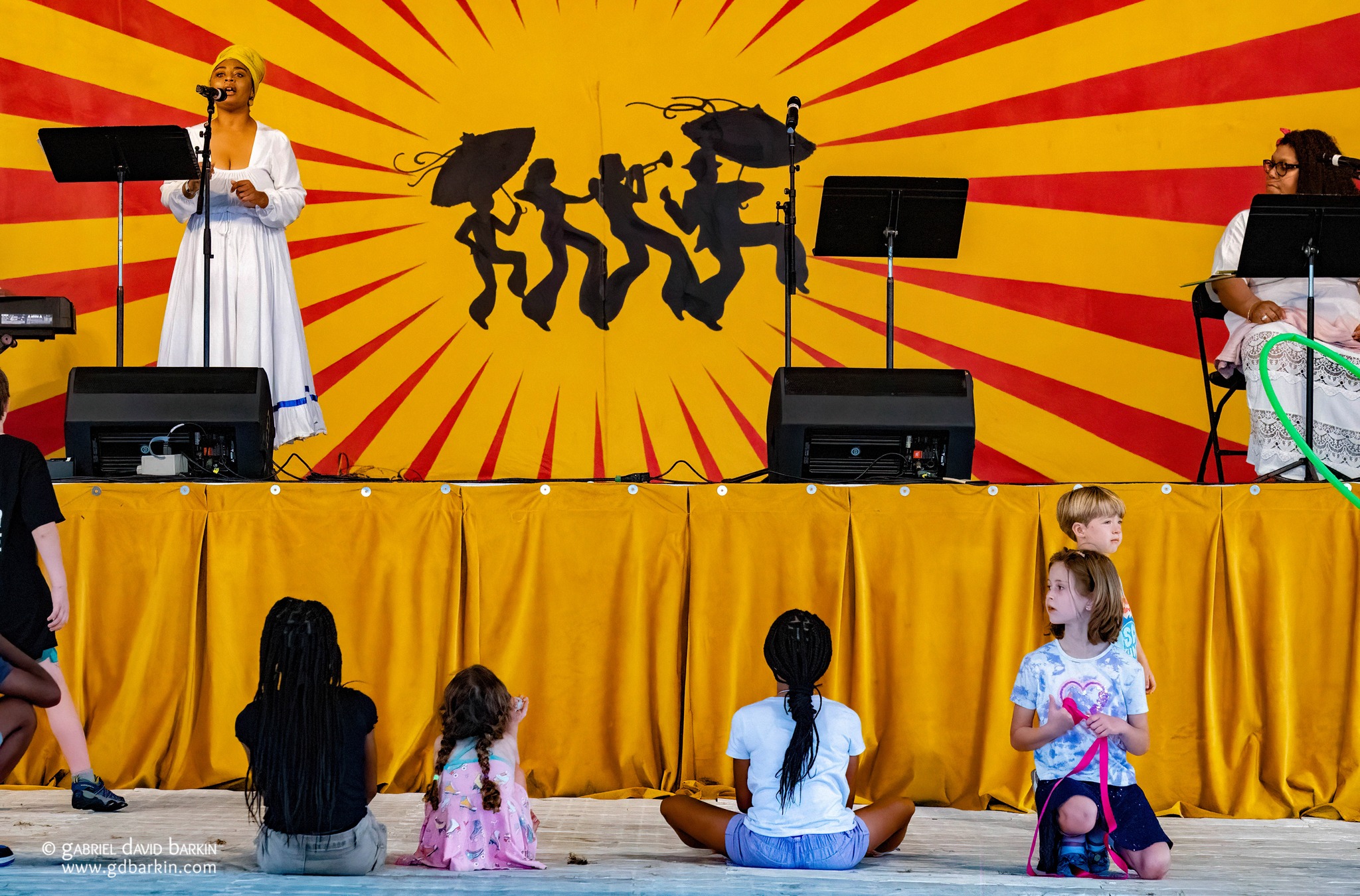
A while later, I poked my head into the Children’s Tent just to get a glimpse of the wild rumpus. A handful of children were at the foot of the stage enraptured by OperaCréole, while other kids, oblivious to the performance, played with hula hoops and chased each other in circles.
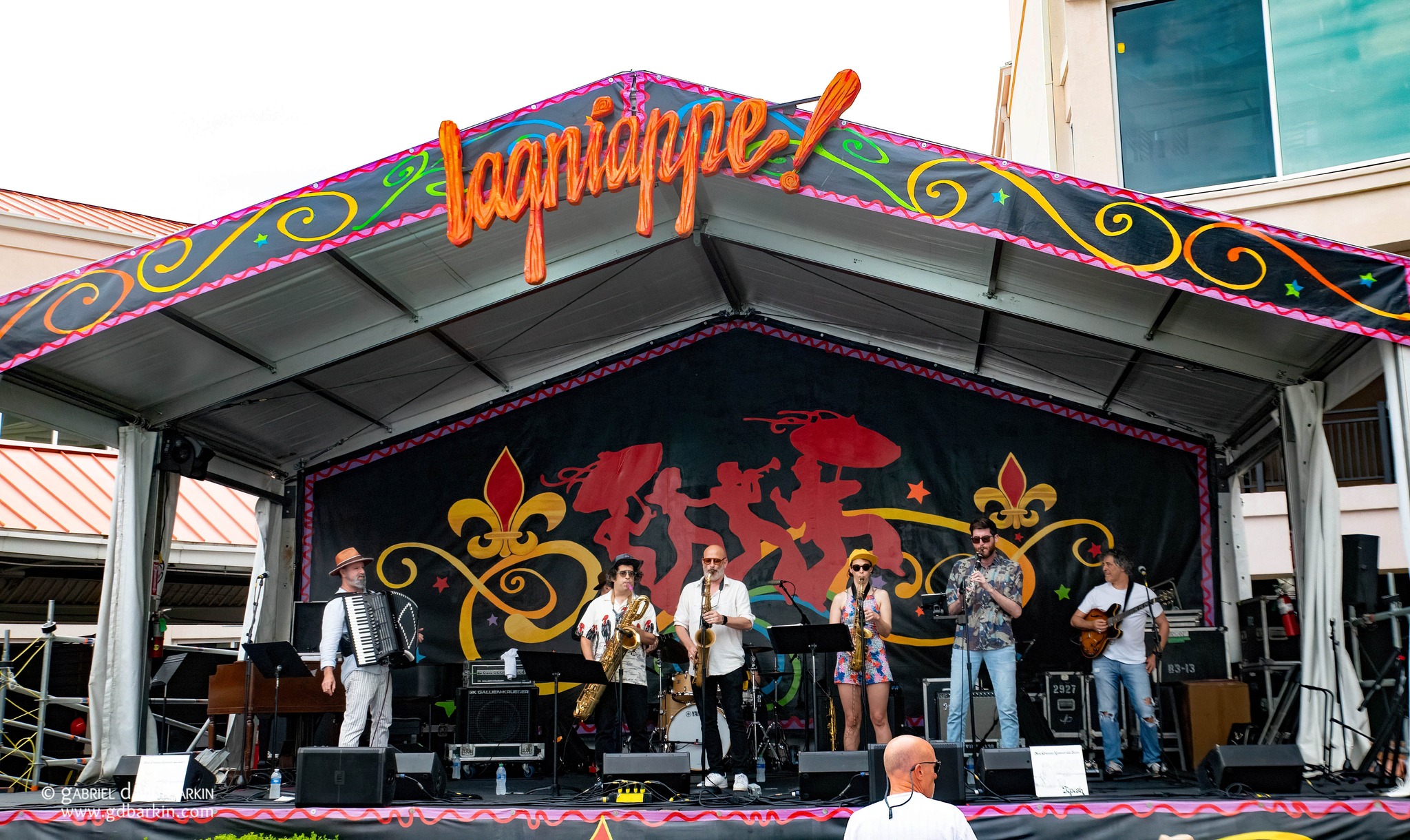

And completing my journey to include every stage in the Fairgrounds, I made sure to catch most of the set by the New Orleans Klezmer Allstars on the Lagniappe Stage later that afternoon in the courtyard of the racetrack grandstands. (Helpful hint: Jazzfest pros know they can find air-conditioned bathrooms in the grandstands too!) I have a deep fondness for the Klezmer Allstars; when I brought my mother to her first Jazzfest in 1993, she danced the hora during their set in the Economy Hall tent. My mother died last year; I paid homage to her and celebrated her memory while the Allstars played songs like “King Fela’s Chicken Soup.” A dance duo performed interpretive movement during one of the songs, and two young girls in the audience did their own dance at the foot of the stage during the entire set.
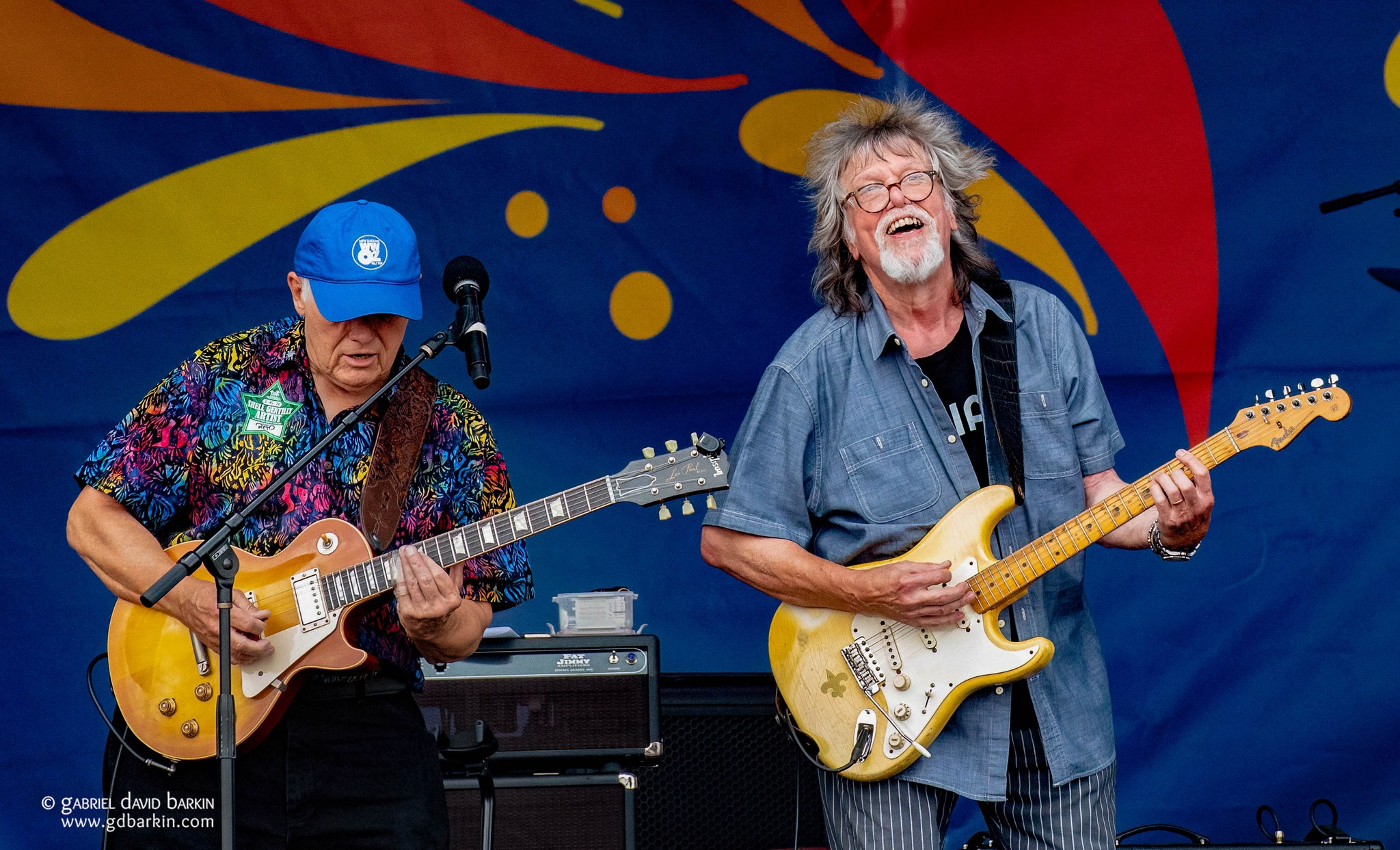
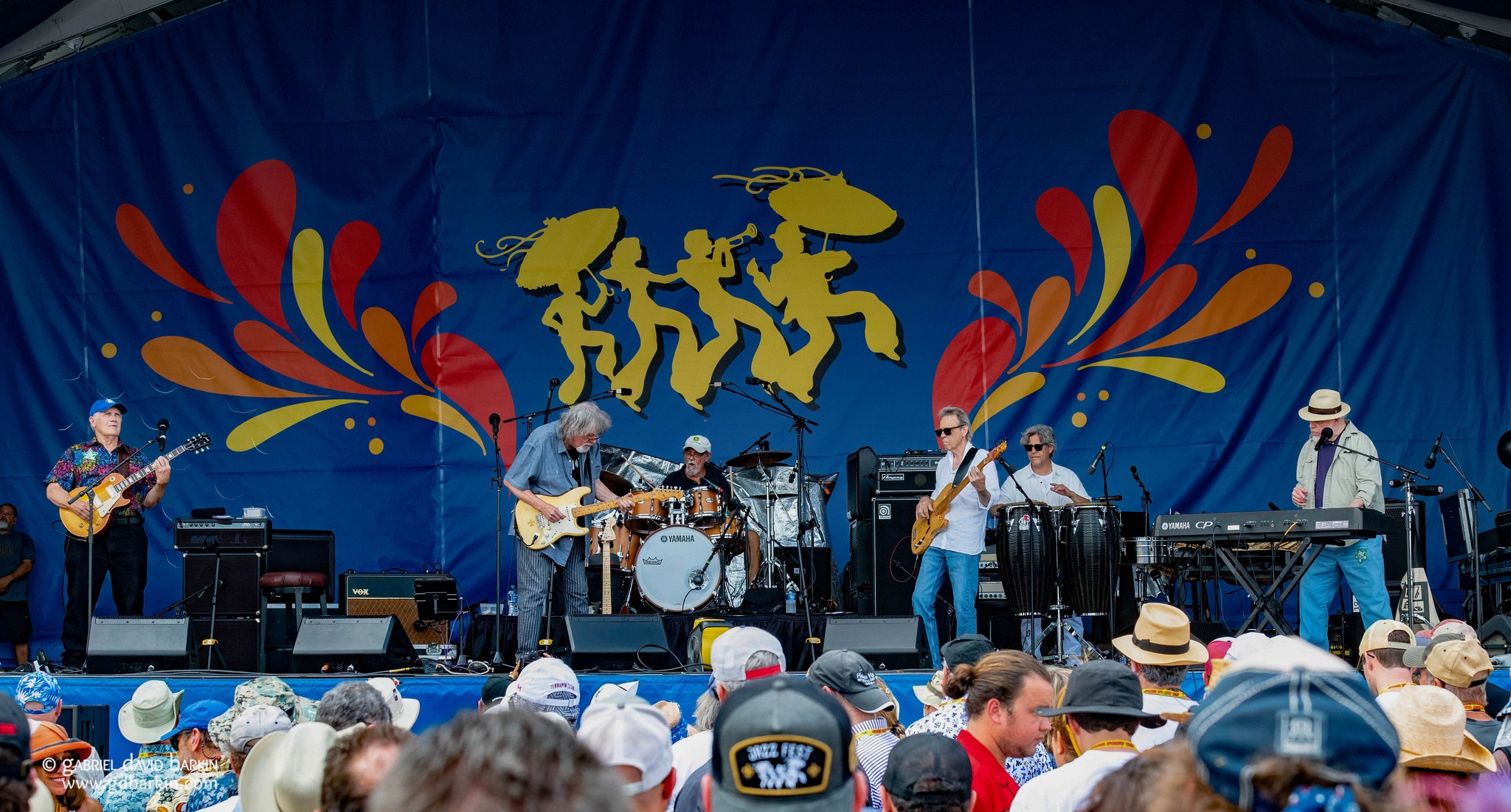
The Radiators threw down too. Always a treat to see those hometown dudes kick up a shitstorm of rock and roll. I can never decide which of their lead guitarists I like better, but it’s always a gas listening to Dave Malone’s Fender and Camille Baudoin’s Gibson duke it out. Every time I see the Rads, it takes me back to my first Jazzfest, seeing them on the Riverboat President and at Tipitina’s.
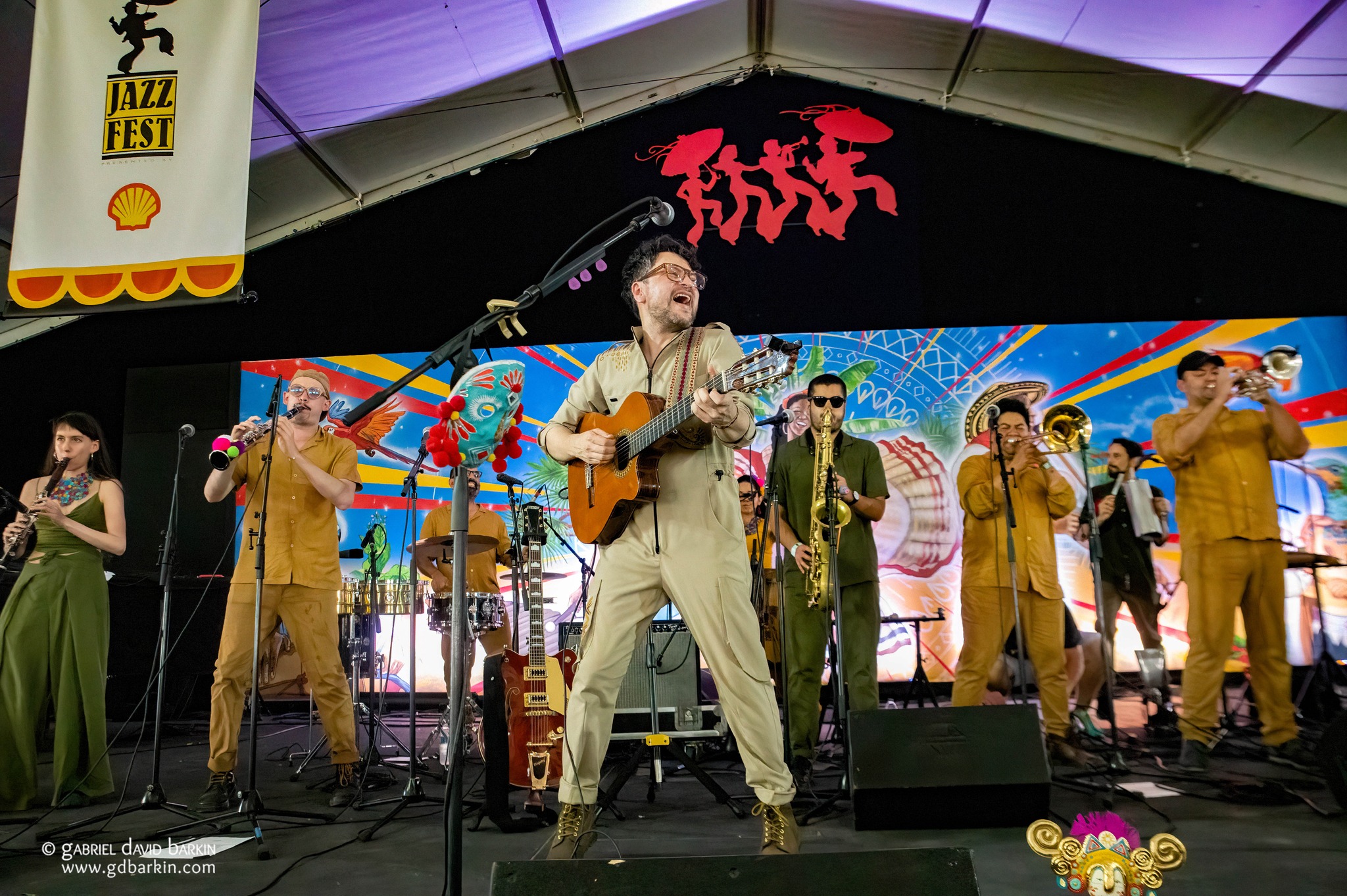
Also on Sunday: Lucio Feullet and his band were one of the Colombian acts in the Cultural Exchange Tent. Oh man, so glad I got to see them! Feullet and his band, dressed in comfy-looking olive and tan versions of Fidel Castro fatigues, were full of energy, and the audience seemed equally full of Colombians who knew the words to all of their songs. (Traditional songs? Originals? I have no idea, but I suspect a mix of both.)
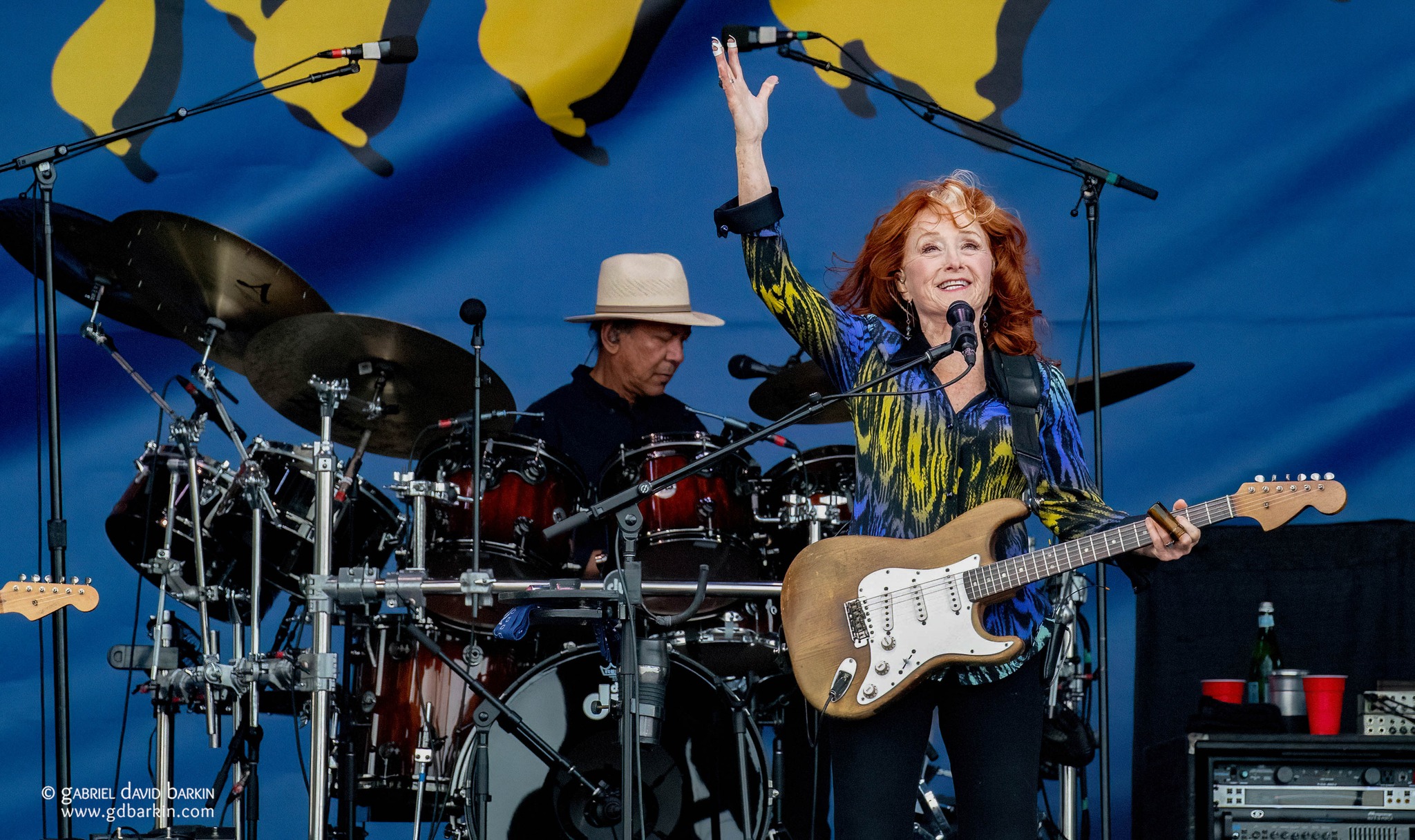
The last ninety minutes of the day was packed with options. I wanted to cram in as many as I could, so I executed a somewhat-planned circuit. First, I waited with friends to see Bonnie Raitt begin her set on the Gentilly Stage. I’d seen her on this same stage over thirty years ago, and if anything, her slide work is even better now. Wow, she’s such a great bottleneck player, right?! Her cover of John Hiatt’s “Thing Called Love” was bouncy, bluesy, and timeless.
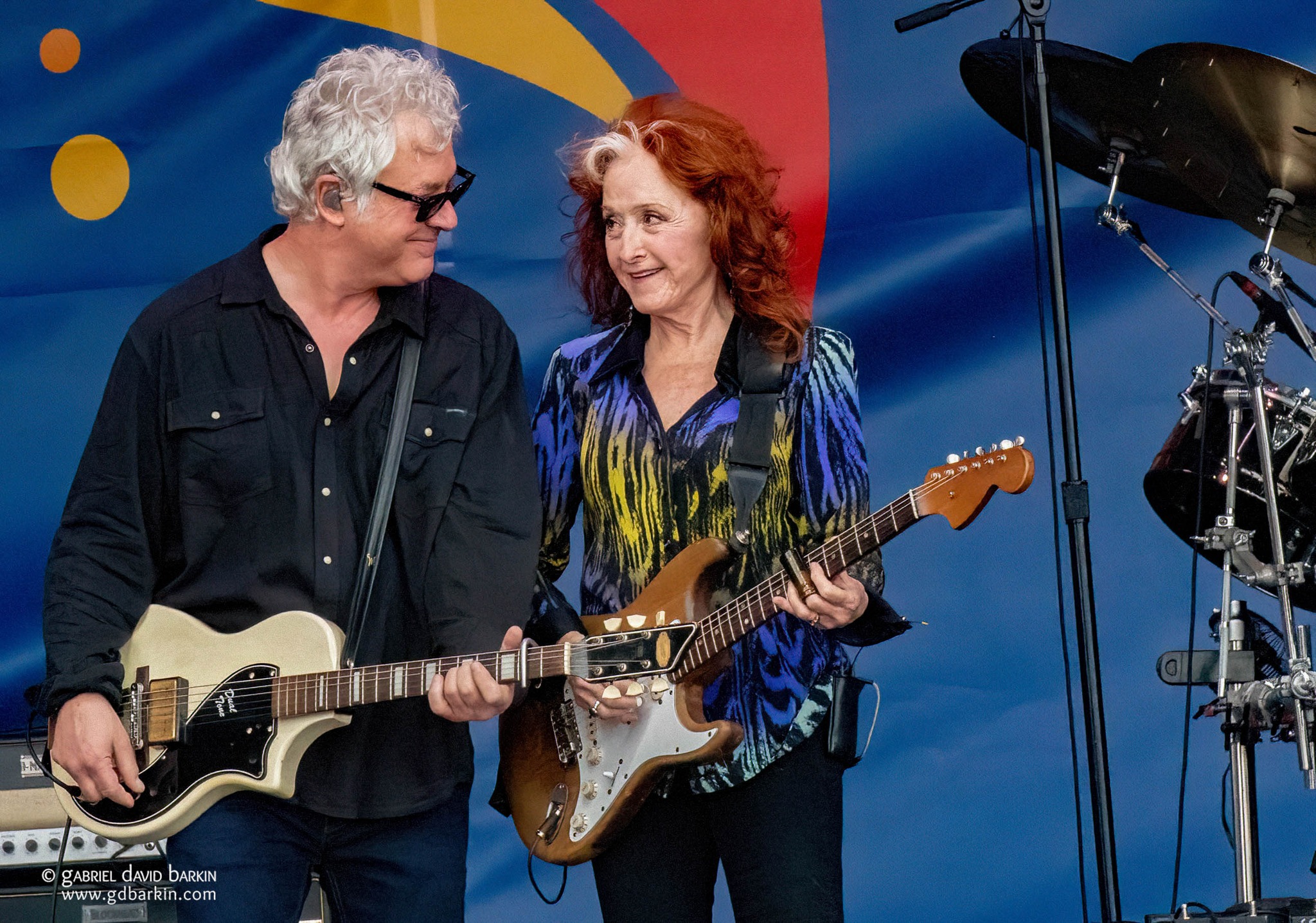
It was hard to leave, but I was on my planned good-times roll. After doing a quick walk-by of Jakob Dylan and the Wallflowers, I ran into two friends who, like me, were on their way to see Earth, Wind, and Fire on the Congo Square Stage. We bravely dove into the thick crowd, wending our way through a thicket of chairs to “Serpentine Fire.” We couldn’t find a comfortable spot to stop, so we just kept going further and further back until we got the encircling track. (Also, we all agreed the sound was too bassy, a common complaint at Congo Square.)
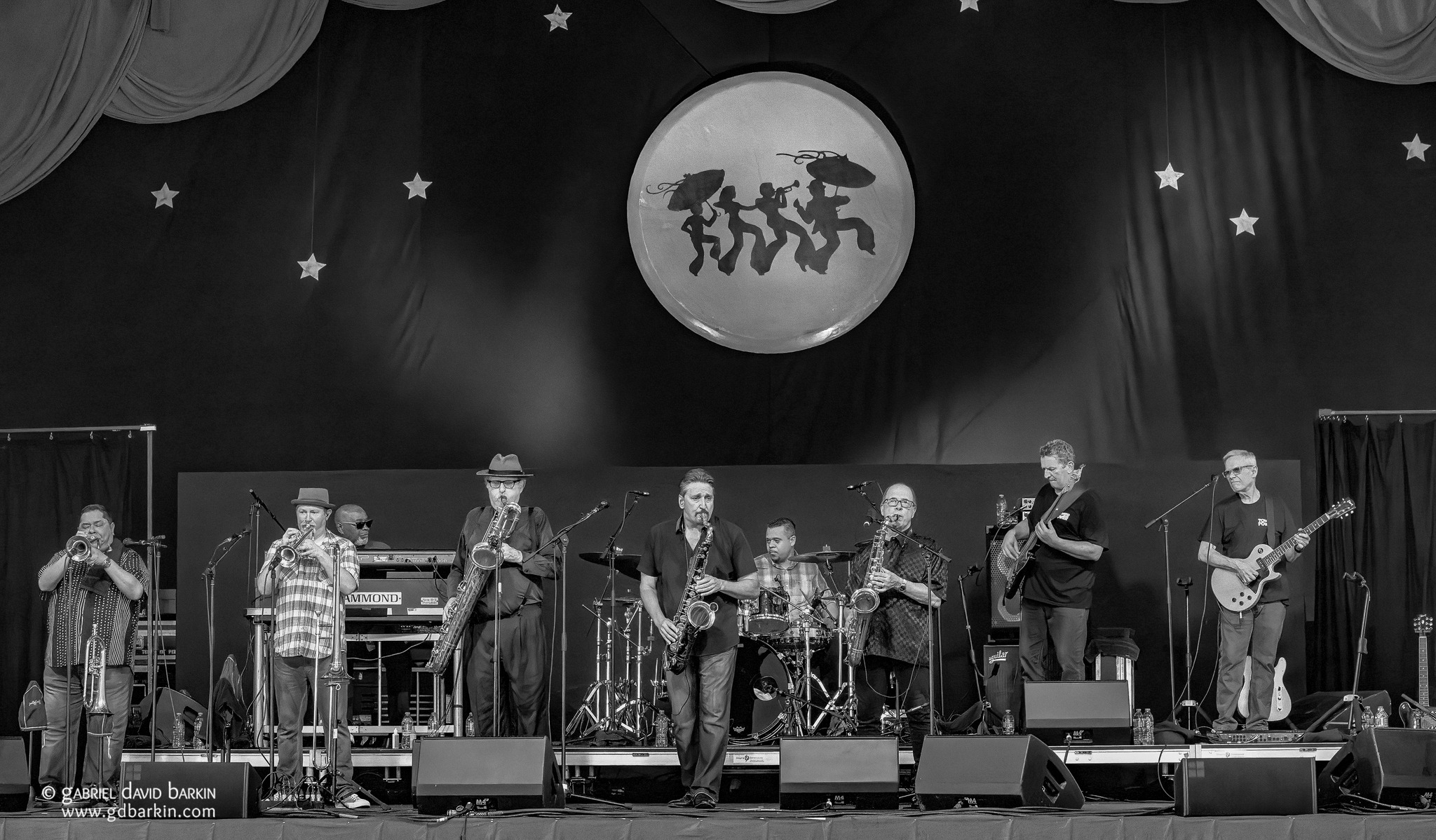
I said goodbye to my pals and skirted the Fairgrounds on the dirt track, grooving a little to Trombone Shorty on the way. My next target was the Blues Tent for George Thorogood and the Destroyers. Only the Jazz Tent stood in my way, so I answered the challenge by walking right through it for a tiny taste of Tower of Power. Took some pics, saw some friends, kept moving. I was on a mission.
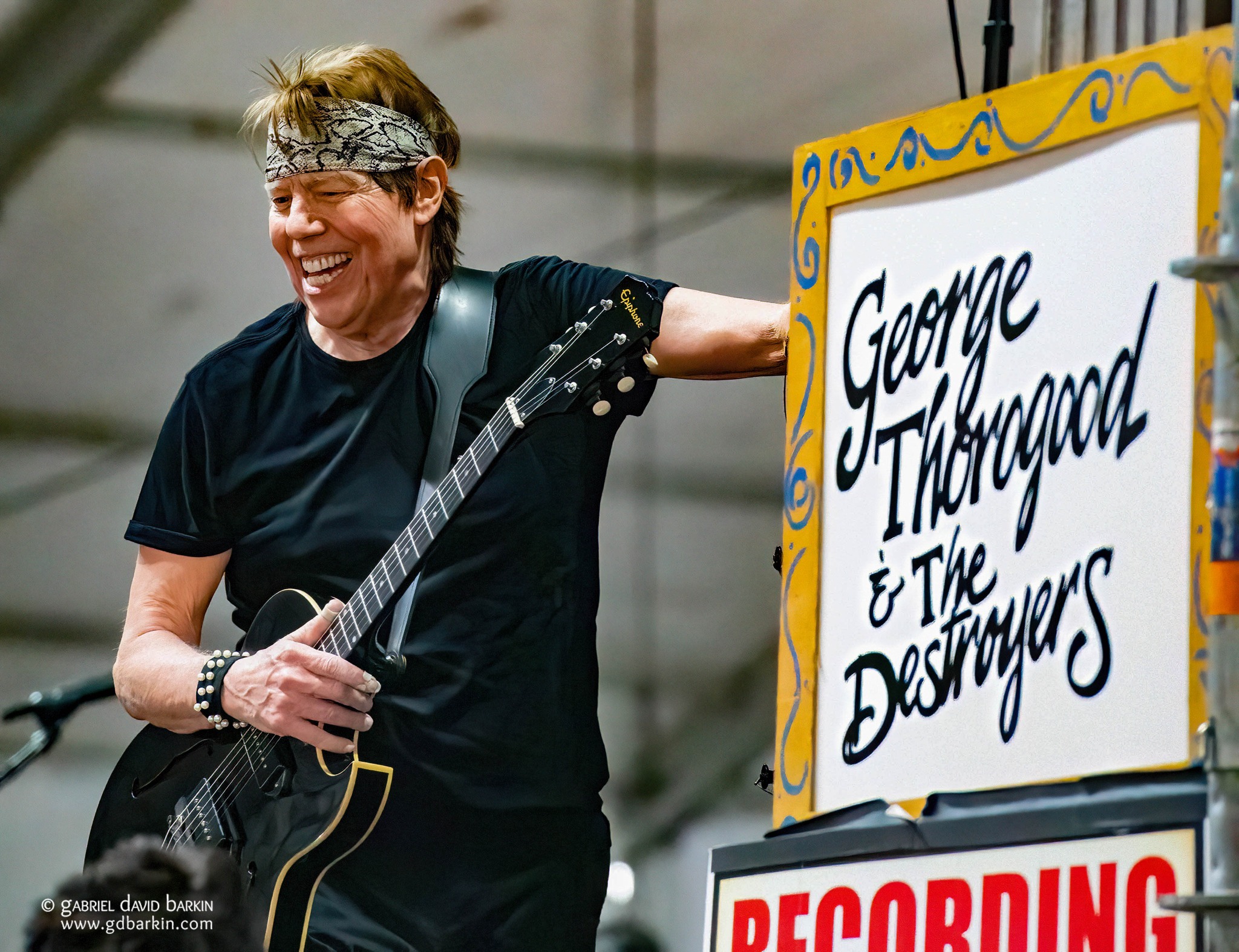
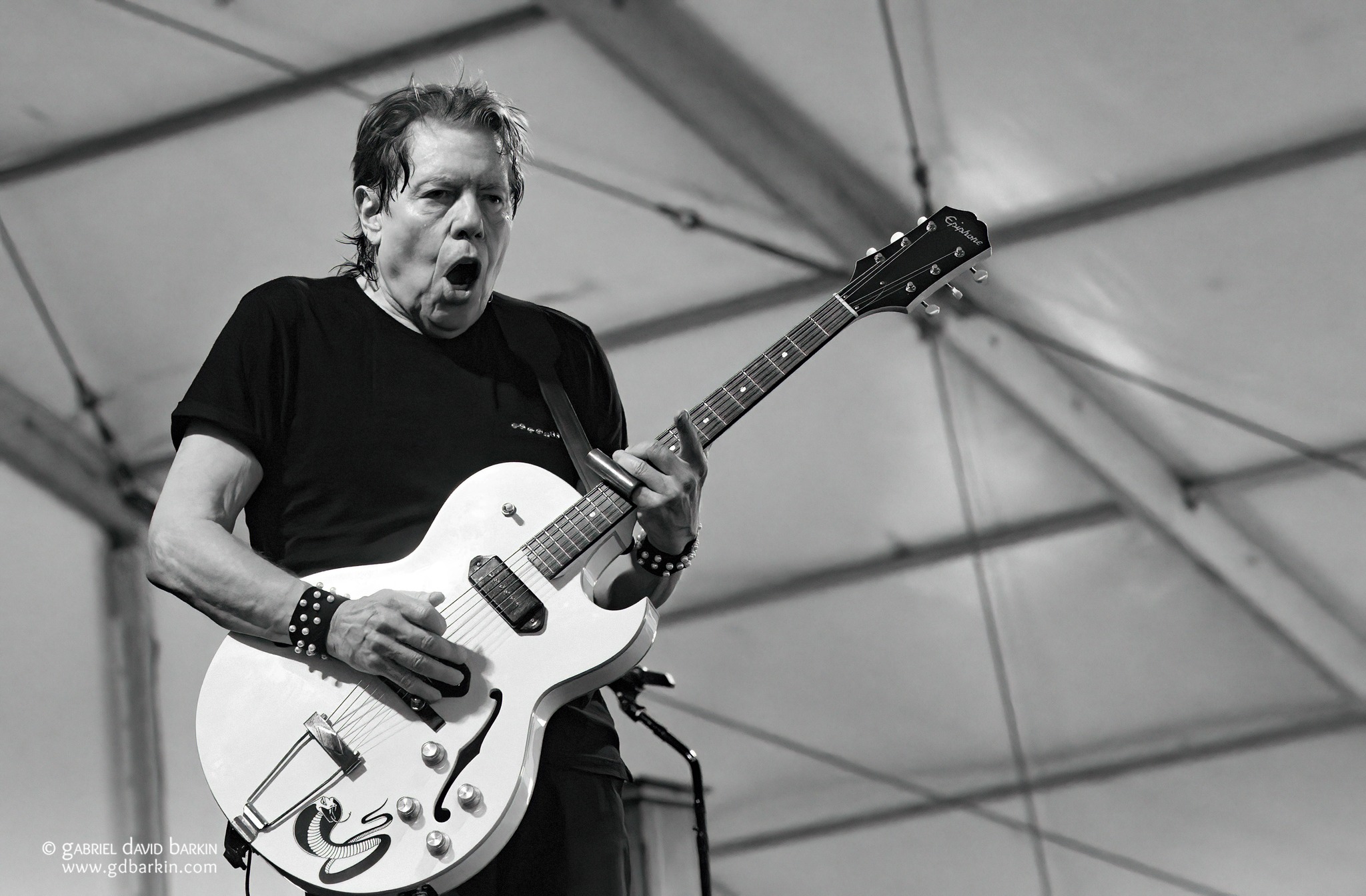
George Thorogood was worth the journey. I hadn’t seen him play in maybe forty years! (He hardly looked like he’d aged a day.) The highlight for me was “One Bourbon, One Scotch, and One Beer,” his classic story about skipping out on the month’s rent. The audience chimed in with "...Out the door I went" each time the refrain came around. Thorogood is a master showman whose chops, rock-star poses, and audience engagement have aged like fine bourbon. Still and always bad to the bone.
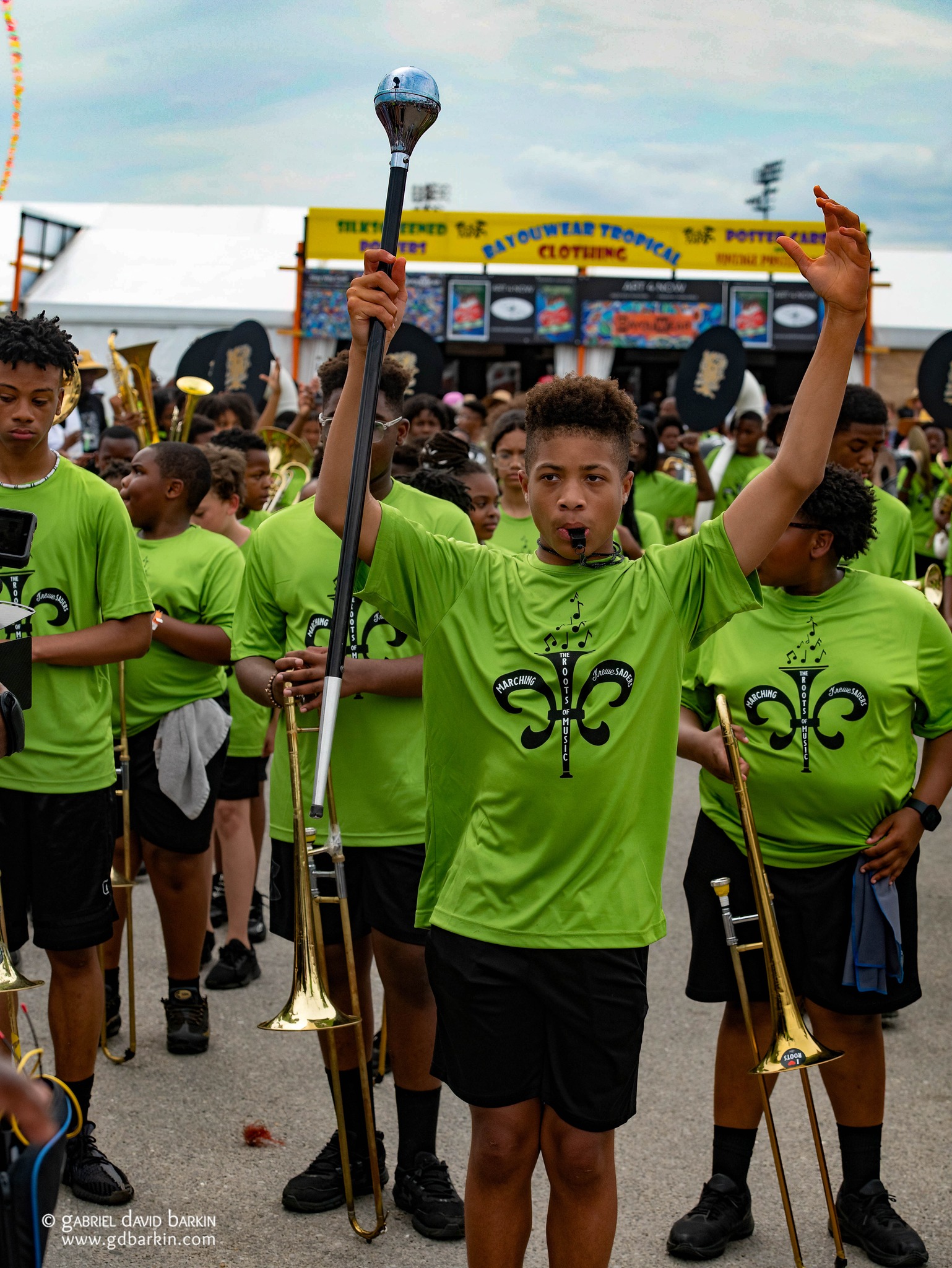
But I wasn’t quite done yet. A quick dance at the Jazz & Heritage Stage with Big Chief Bo Dollis Jr. and his family with The Wild Magnolias, and then I was ready for the finale.
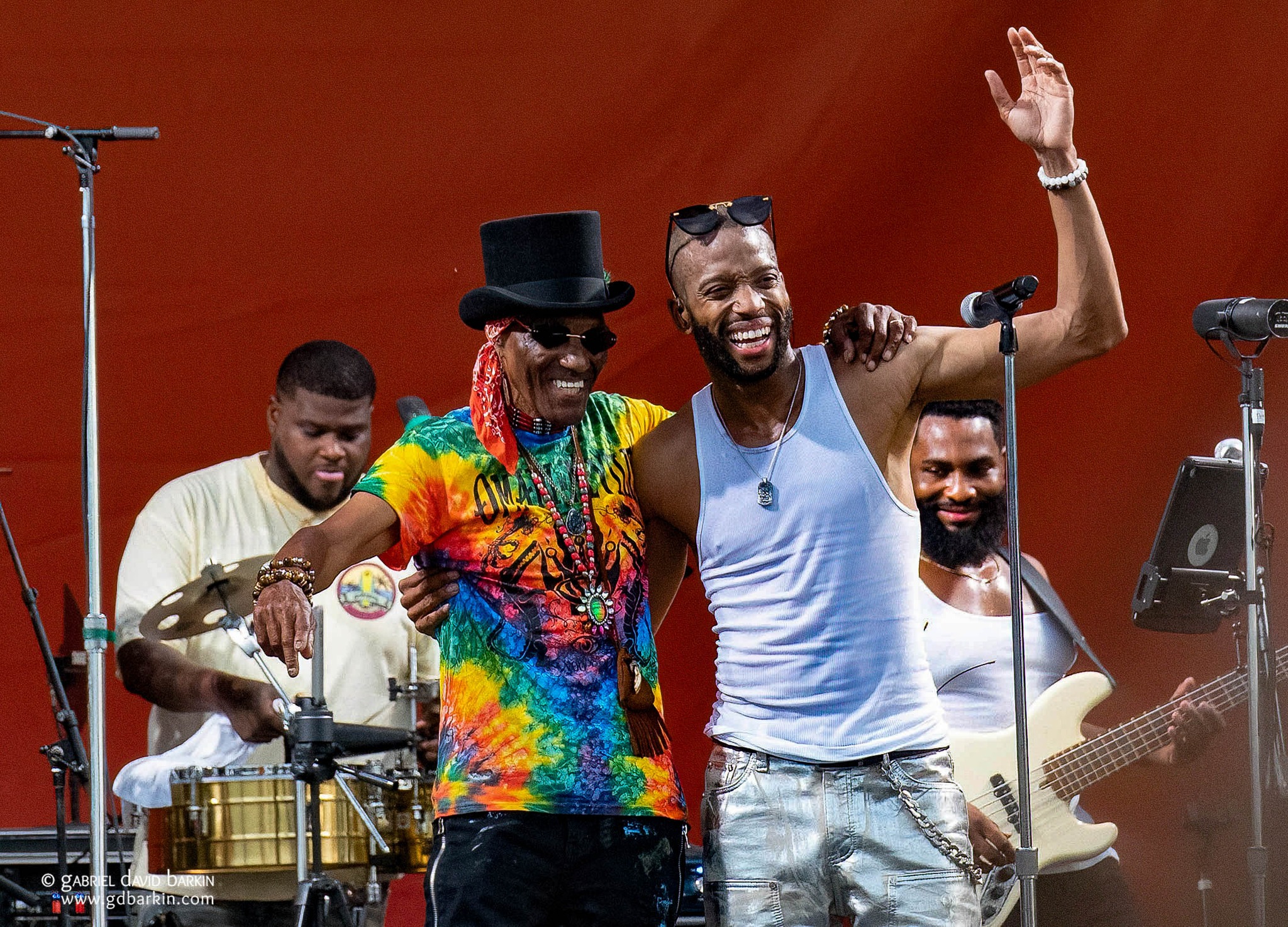
For decades, the Neville Brothers closed the Festival Stage (known over the years as the Fess Stage and then, during many years of corporate sponsorship, as the Acura Stage). Since Aaron Neville retired from performing in 2020, and Charles and Art have departed from God’s green earth, Cyril is the only one of those four famous brothers still appearing on stages. But in their stead, Trombone Shorty and Orleans Avenue earned the hometown honor as the traditional Festival closing act. And as usual, “Uptown Ruler” Cyril was on hand Sunday to extend the tradition.
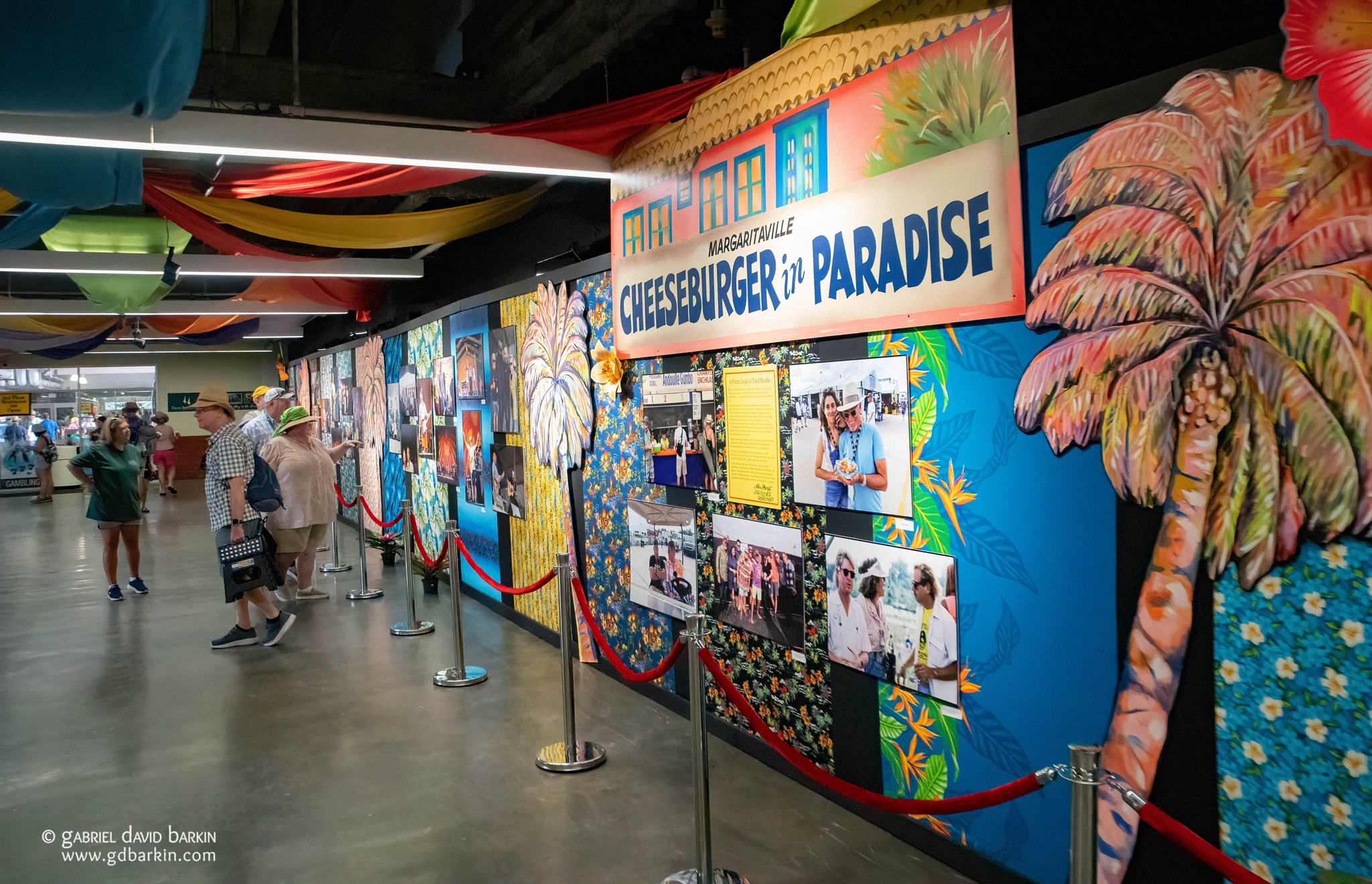
From what I hear, the crowd for the previous set, a tribute to longtime fest regular Jimmy Buffet featuring his Coral Reefer Band, had been massive. But it seems they’d all skedaddled off to see Bonnie Raitt, Earth, Wind, and Fire, George Thorogood, The Wallflowers, etc. I was pleasantly surprised to find my way to the GA rail instead of having to navigate yet another horde. There were plenty of fans, it just wasn’t a swarm.
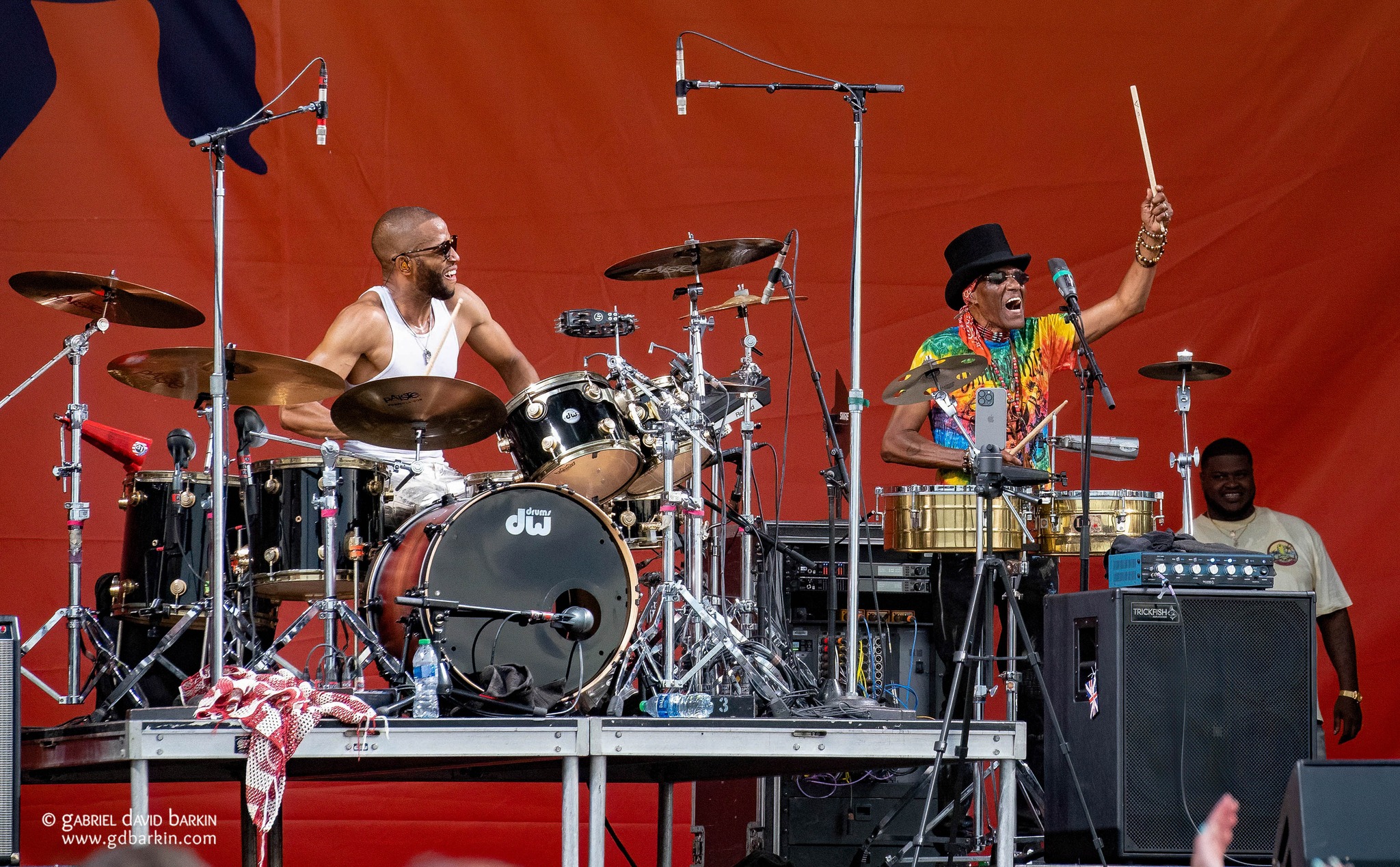
Was it unplanned when Shorty and Cyril whispered to each other and then took over the drum and percussion kits for a rhythm duo? They made it seem impromptu. Shorty can play anything, and Cyril is a master rhythmist. The N’awlins groove is deep in their blood, and it was fun to watch them having such a good time together.
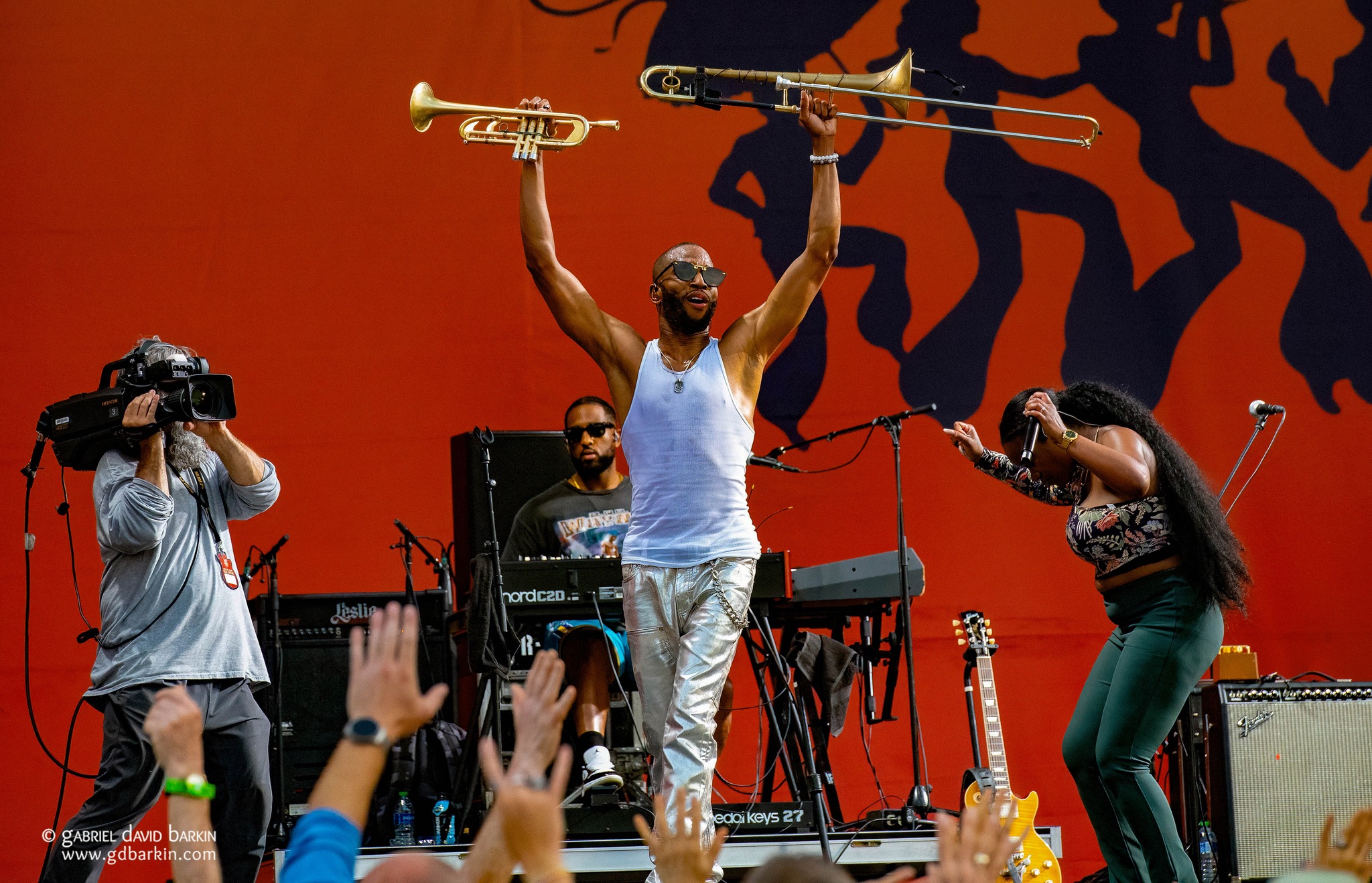
Finally, Trombone Shorty and Orleans Avenue closed their set with a crescendo, and Shorty lifted his trumpet and trombone high overhead in triumph. Founder Quint Davis thanked the weather. Another year at the Fairgrounds—with a reported half million visitors over two weekends!—was in the history books.
⚜ ⚜ ⚜
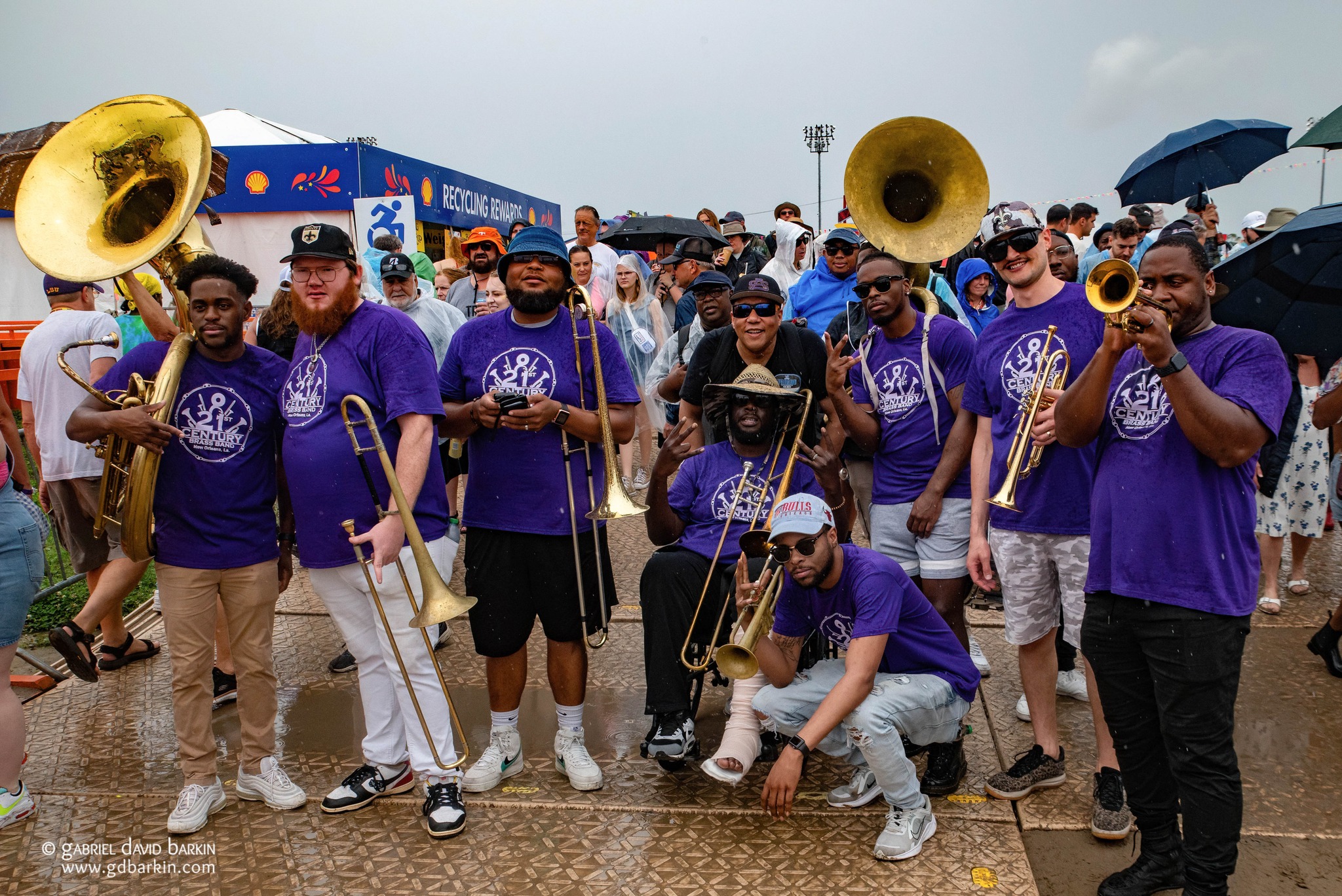
This is where I might tell about one last club night, but I bailed on going out after a scrumptious dinner with good friends at Shaya, a gourmet Israeli food restaurant on Magazine Street. With hearts and bellies full, we celebrated yet another indescribably fabulous trip to New Orleans and another truly memorable year of Jazzfest.
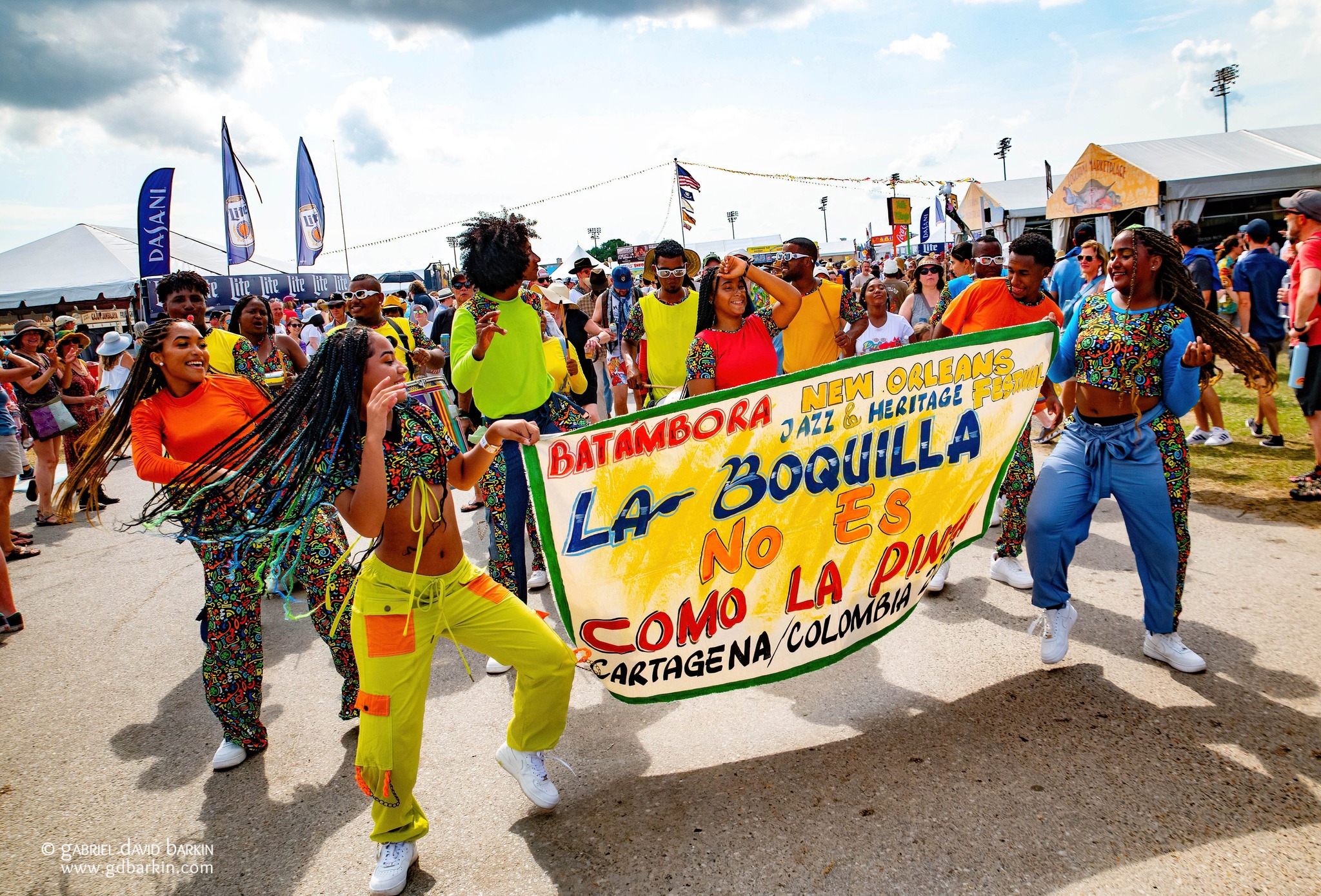
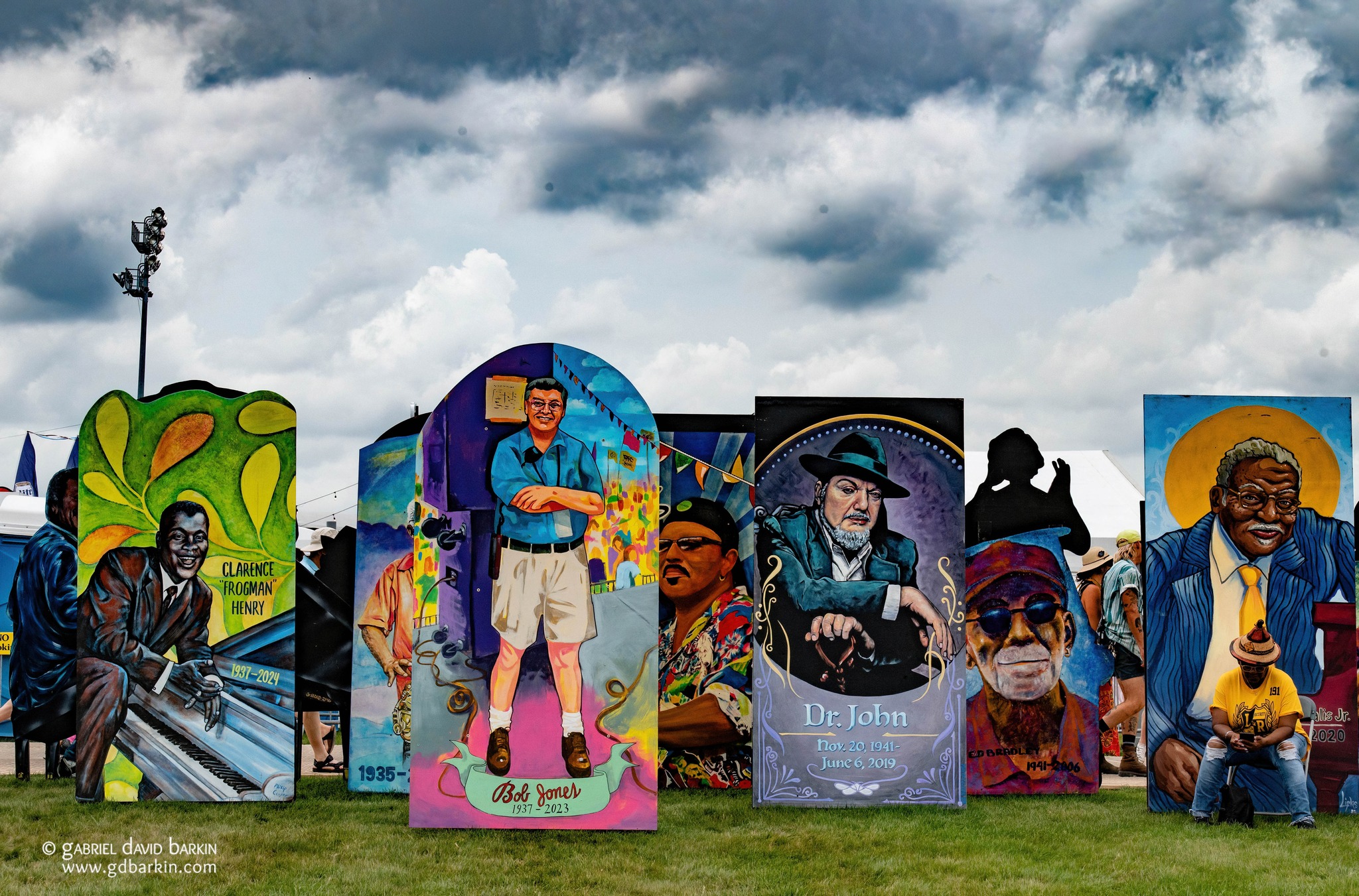
Wasn’t my first and won’t be my last!
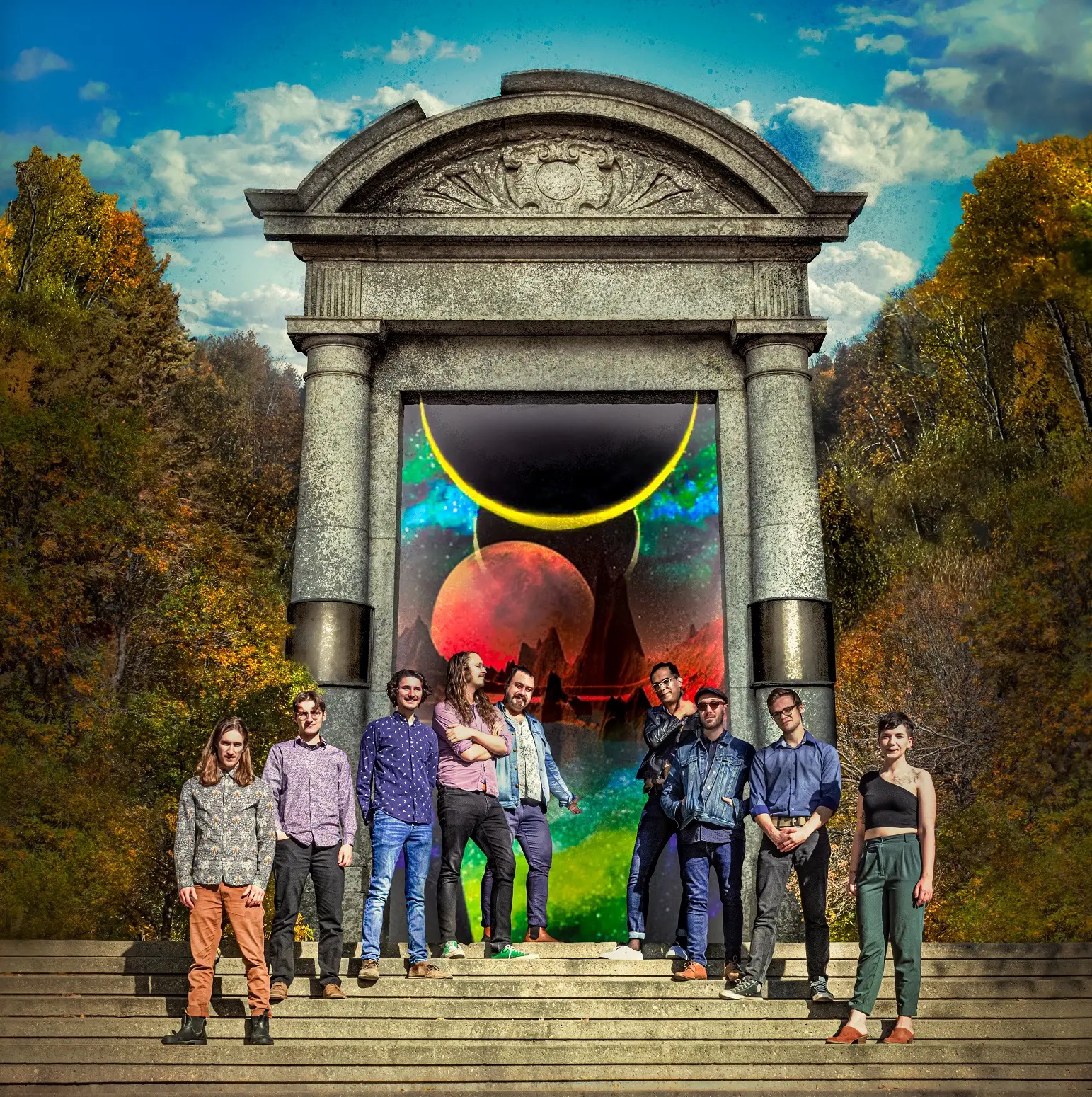





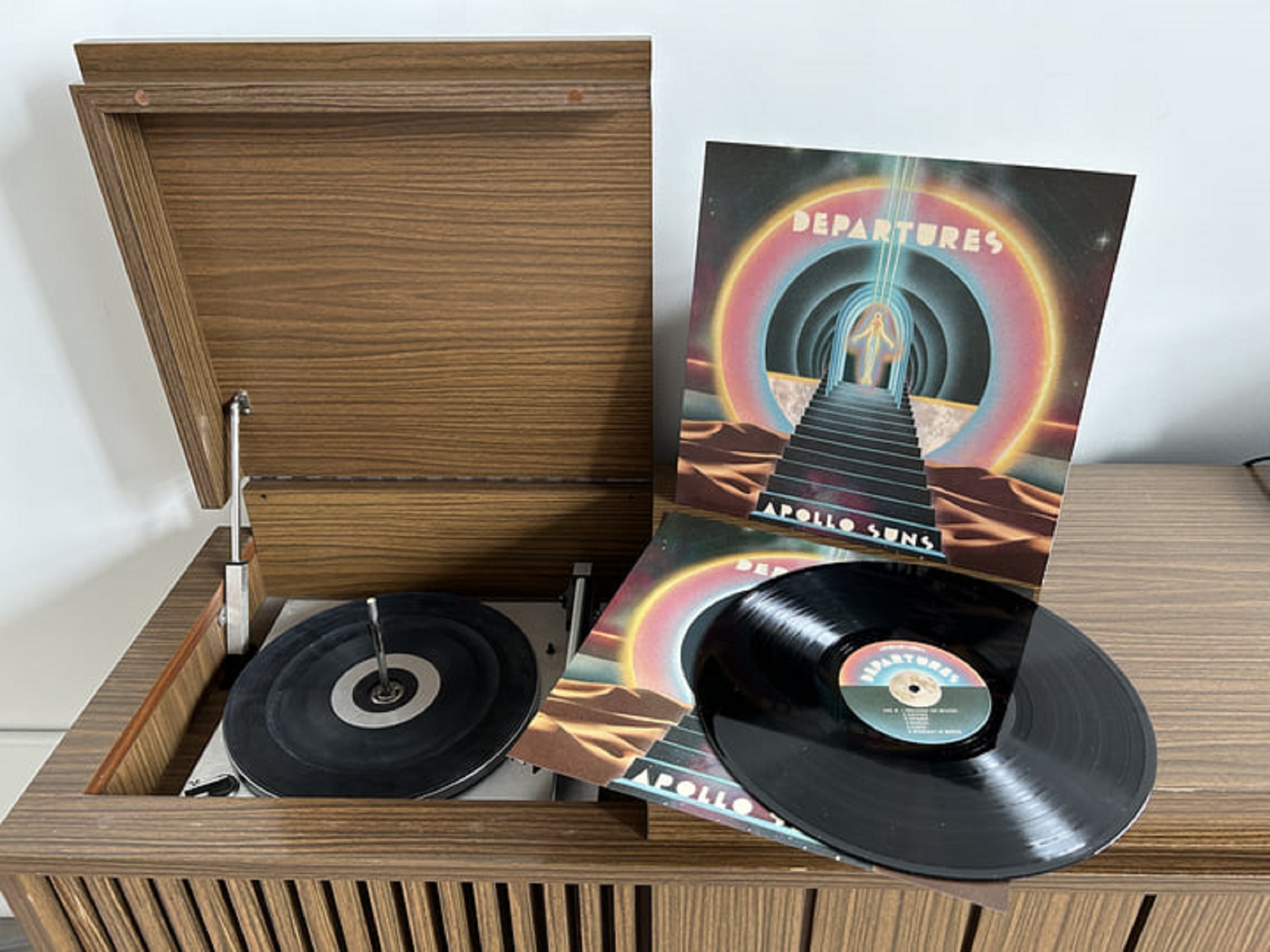
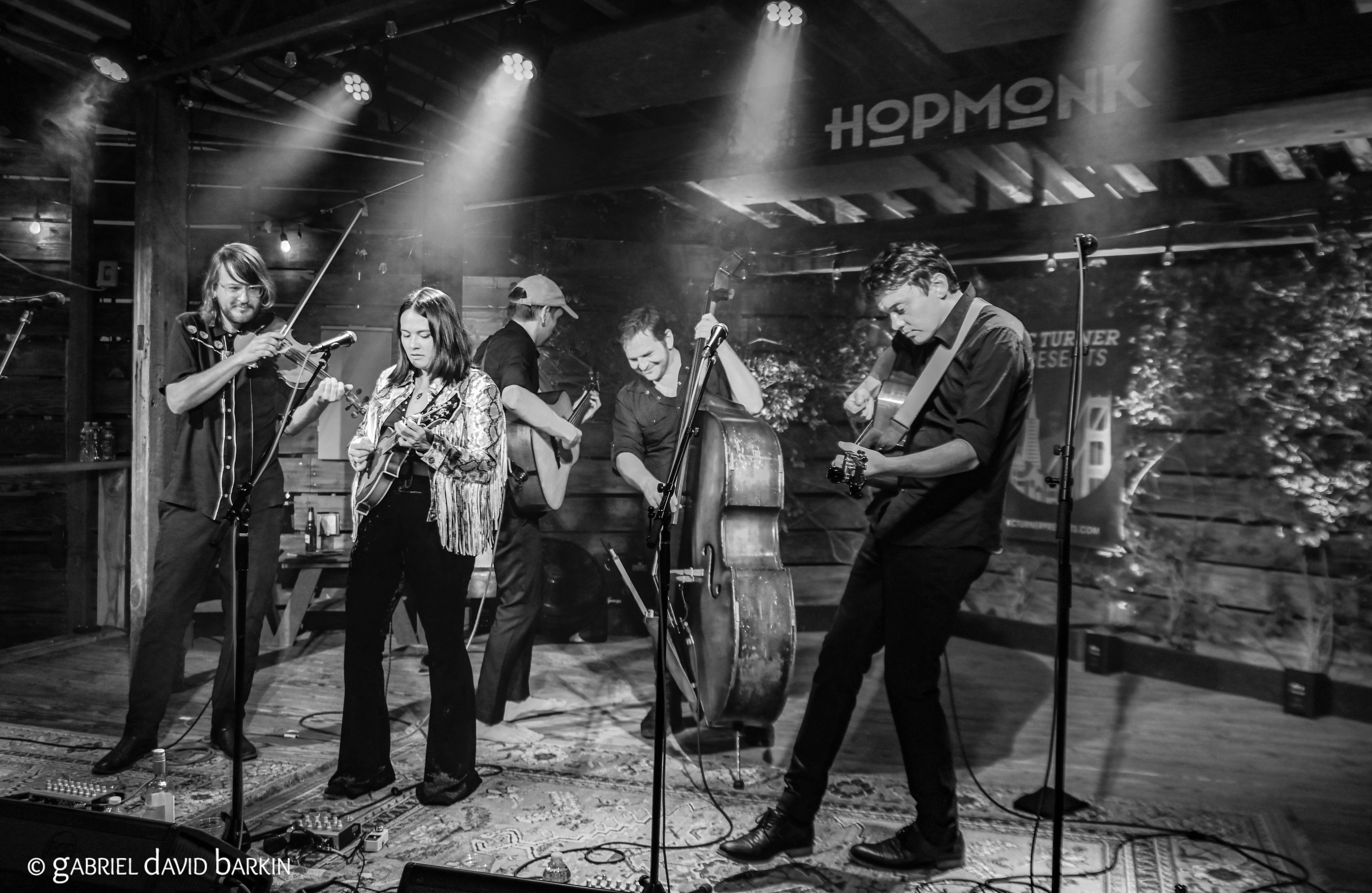
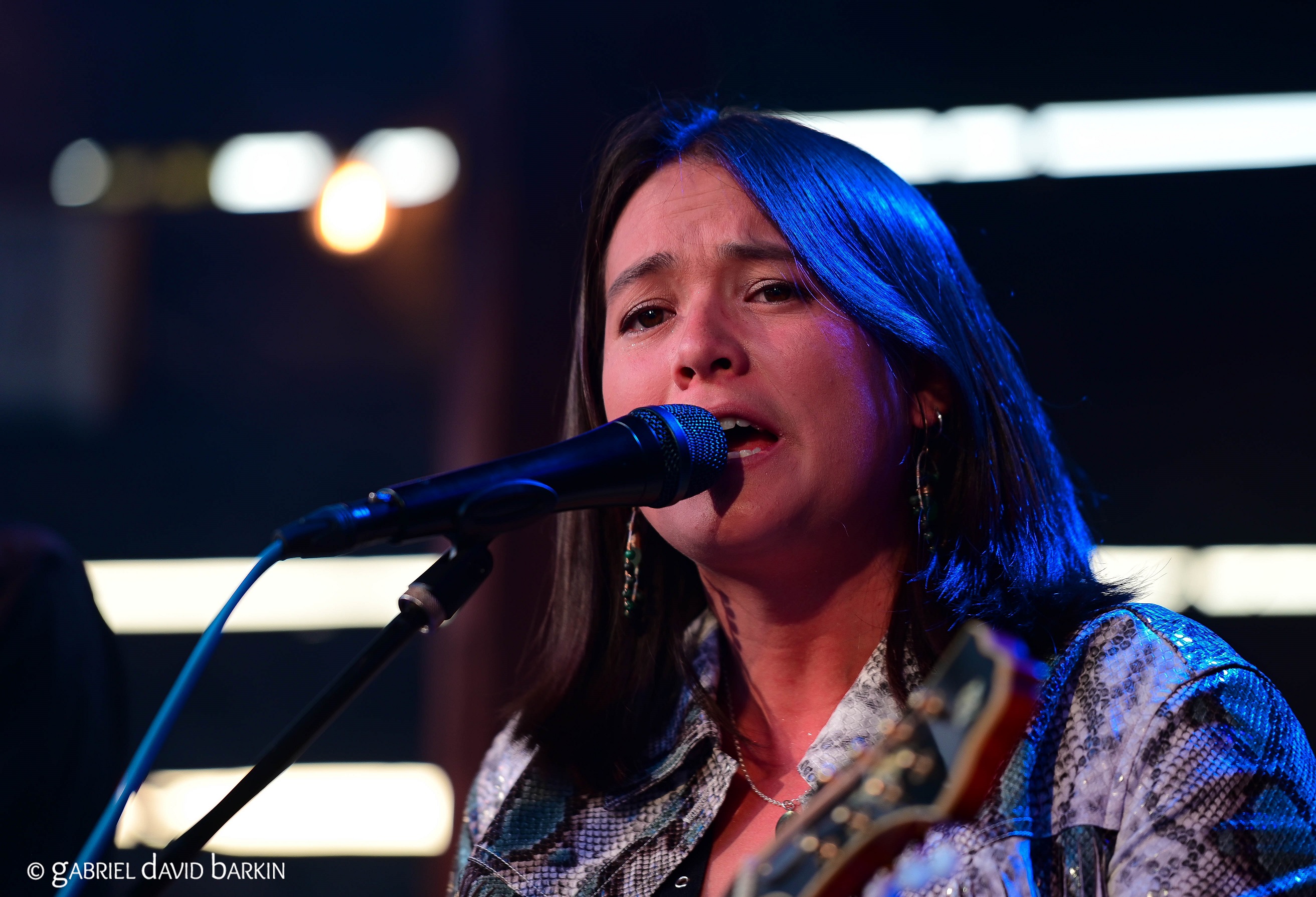
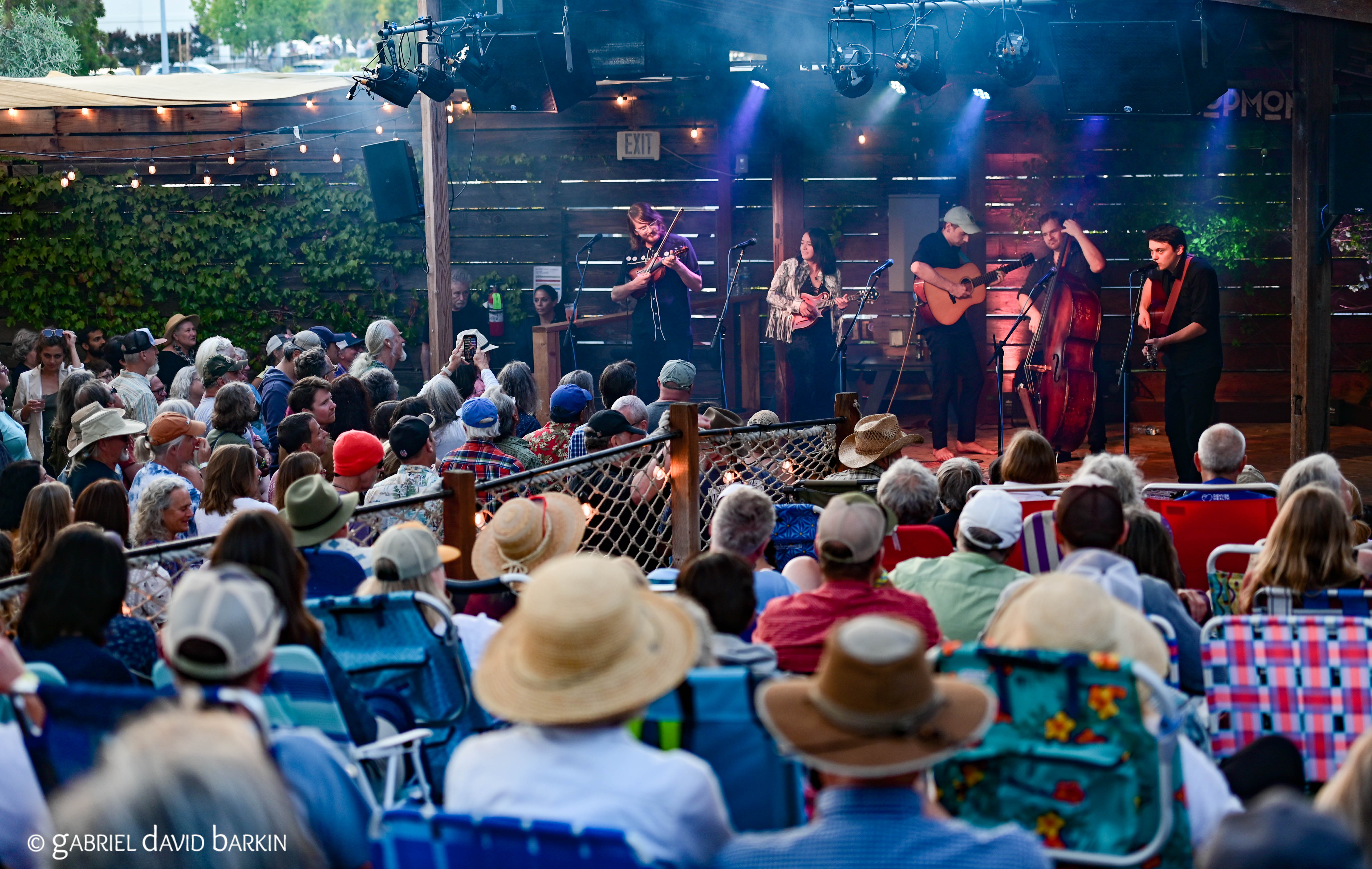
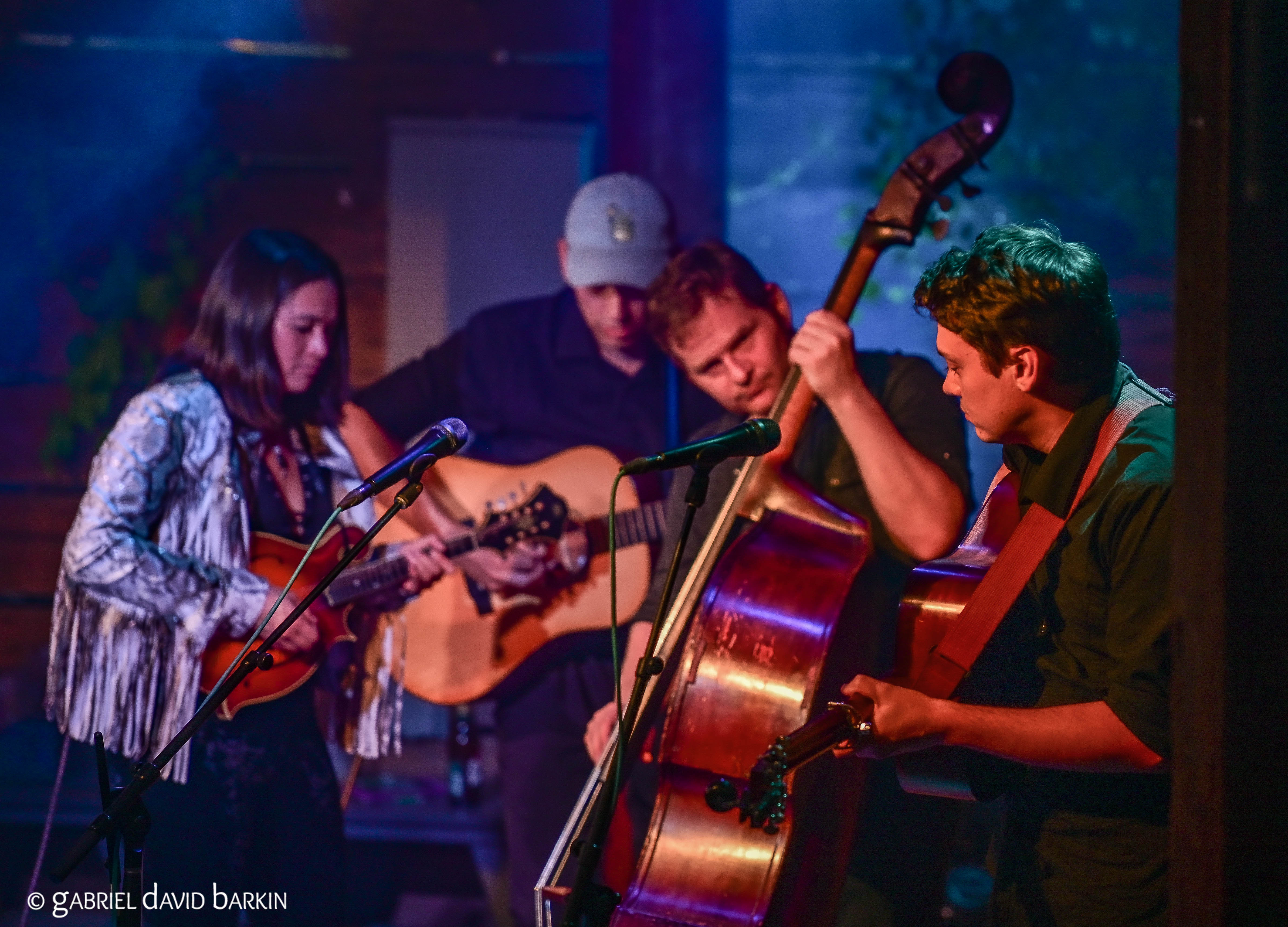
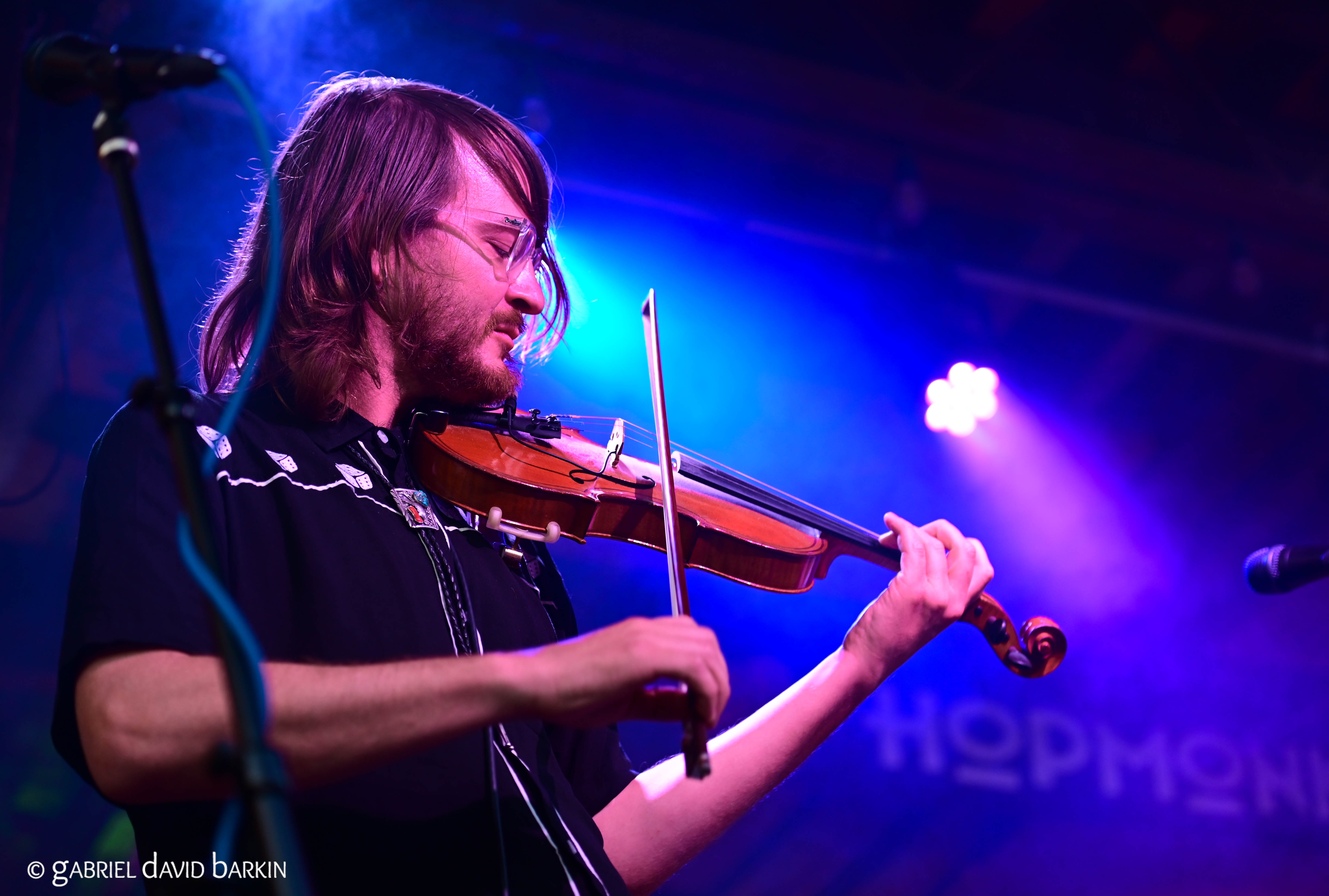
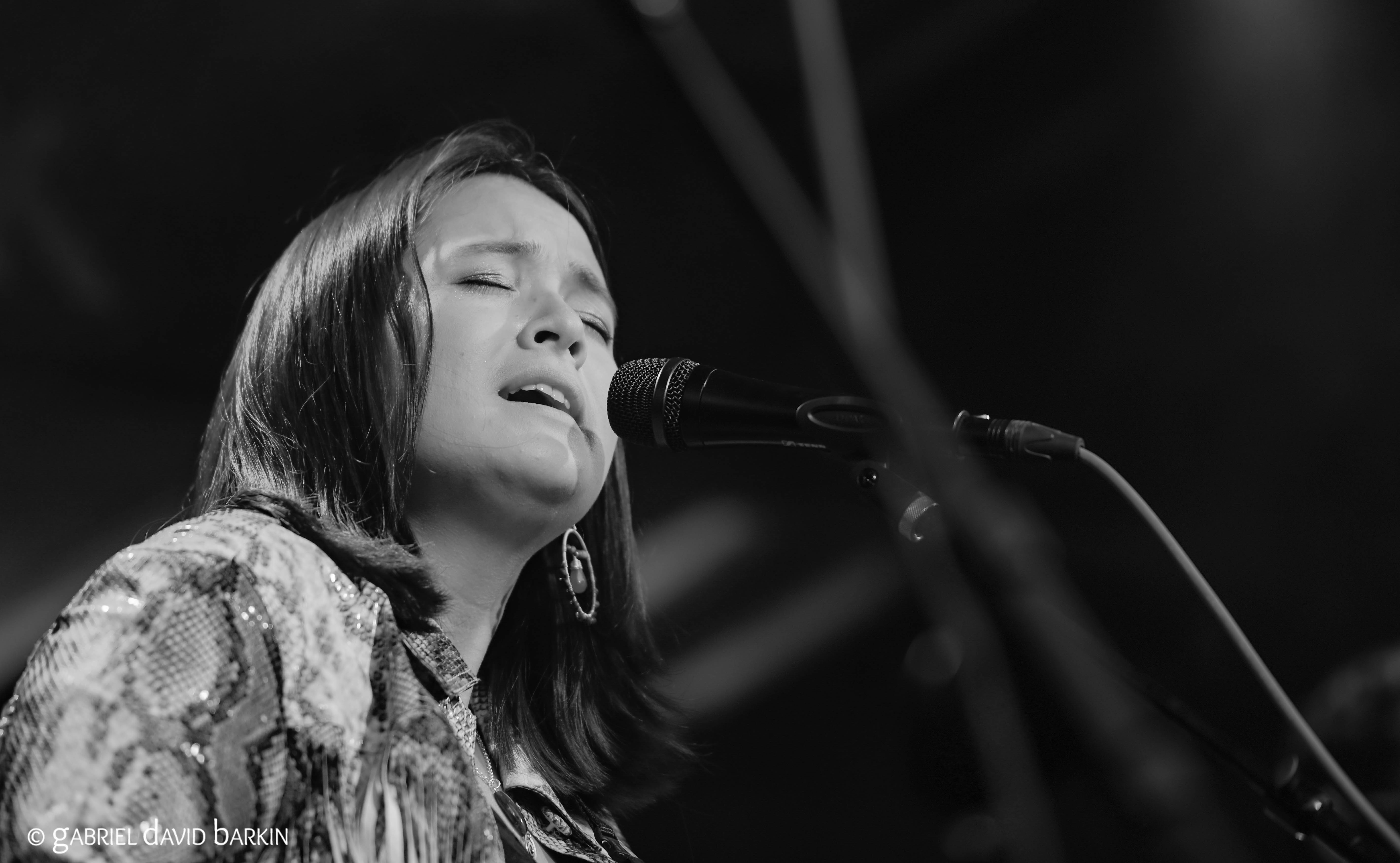
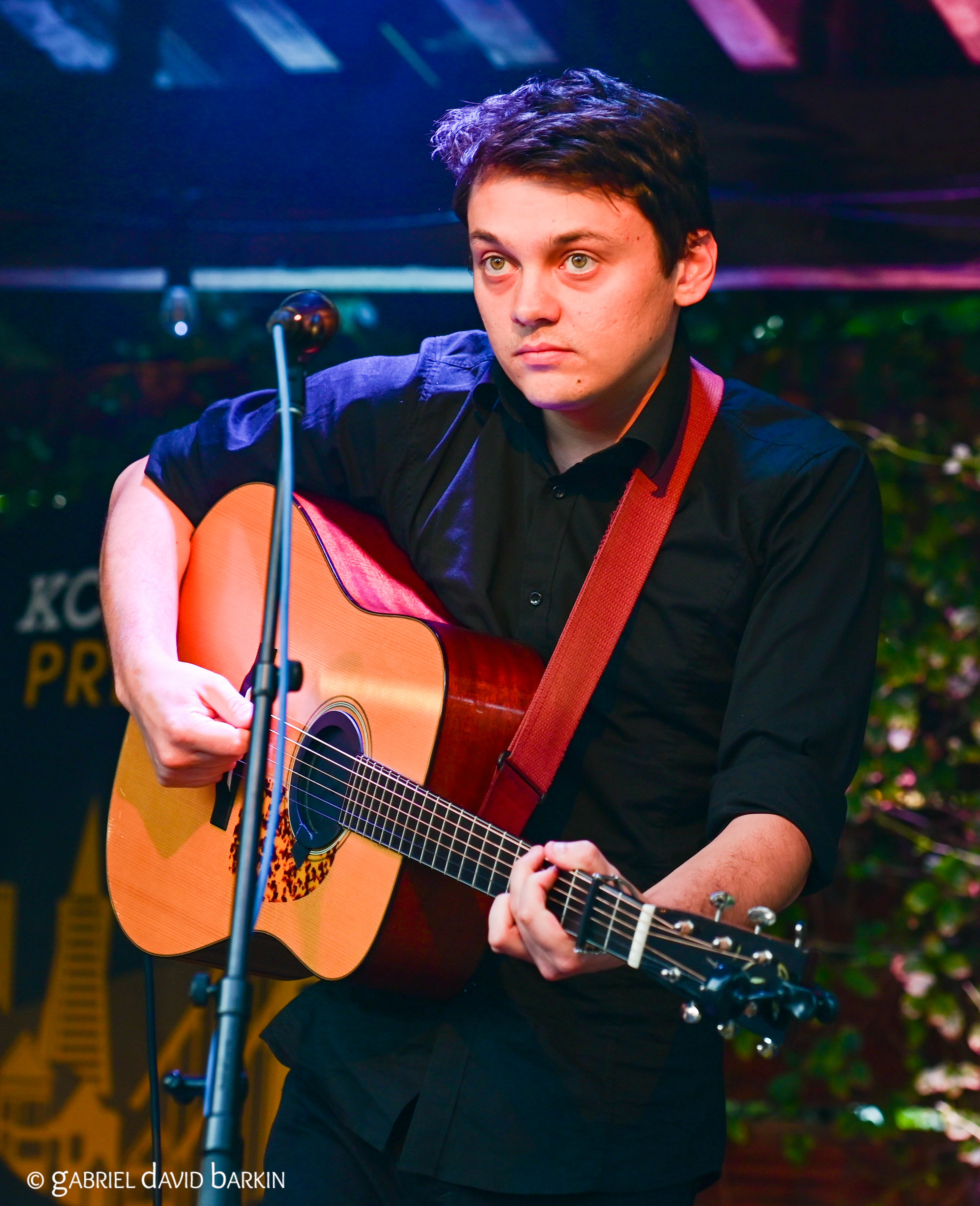
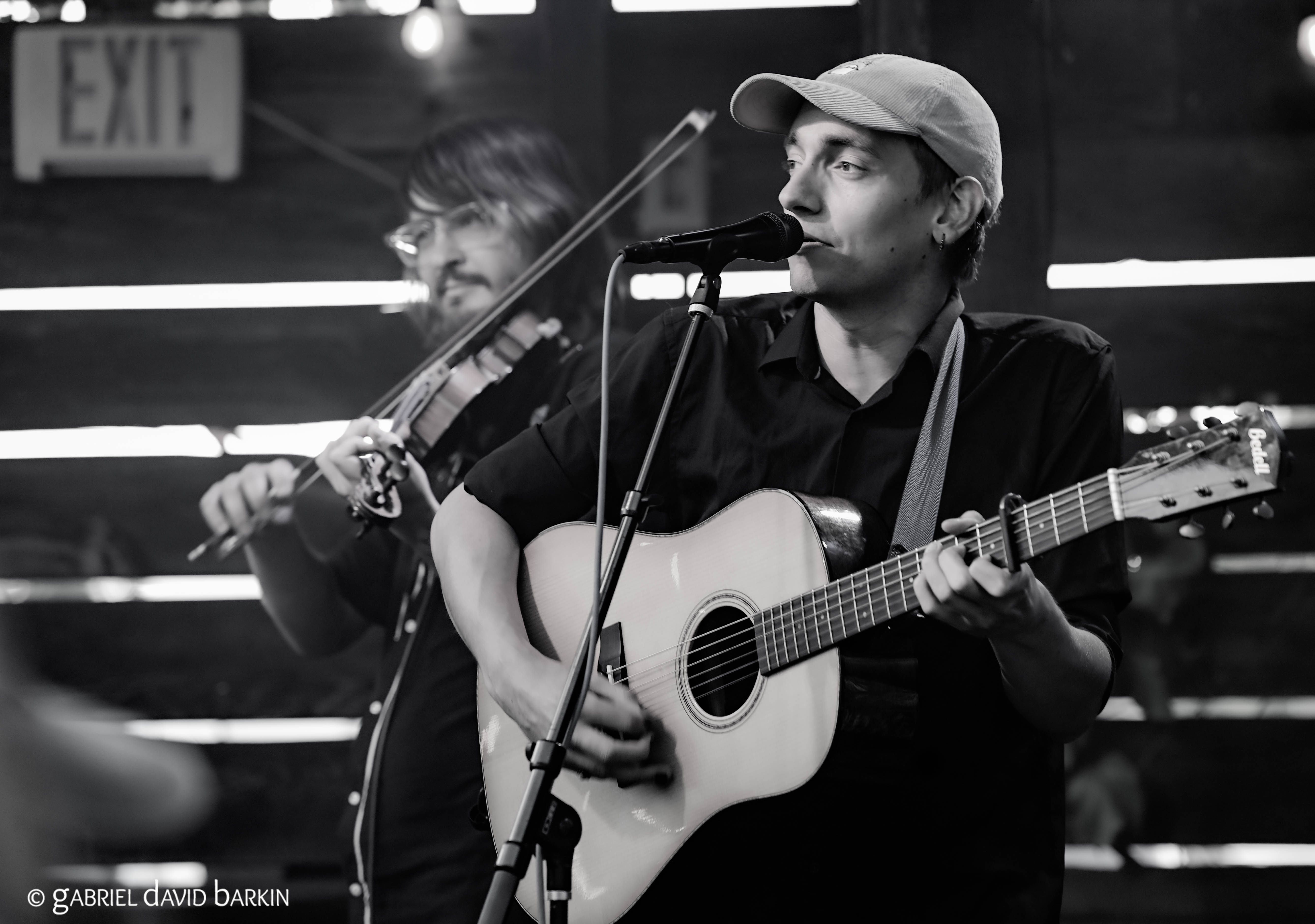
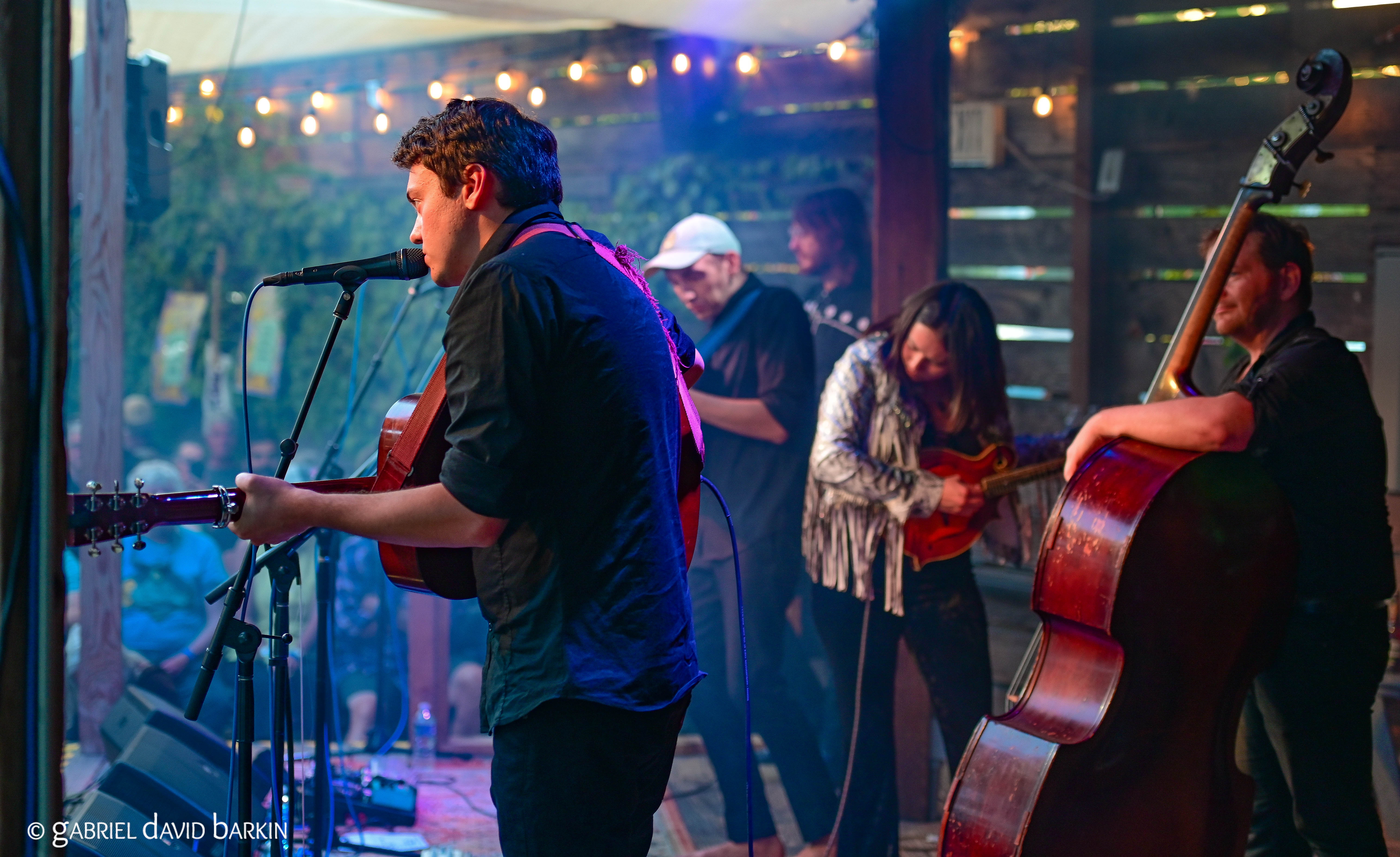
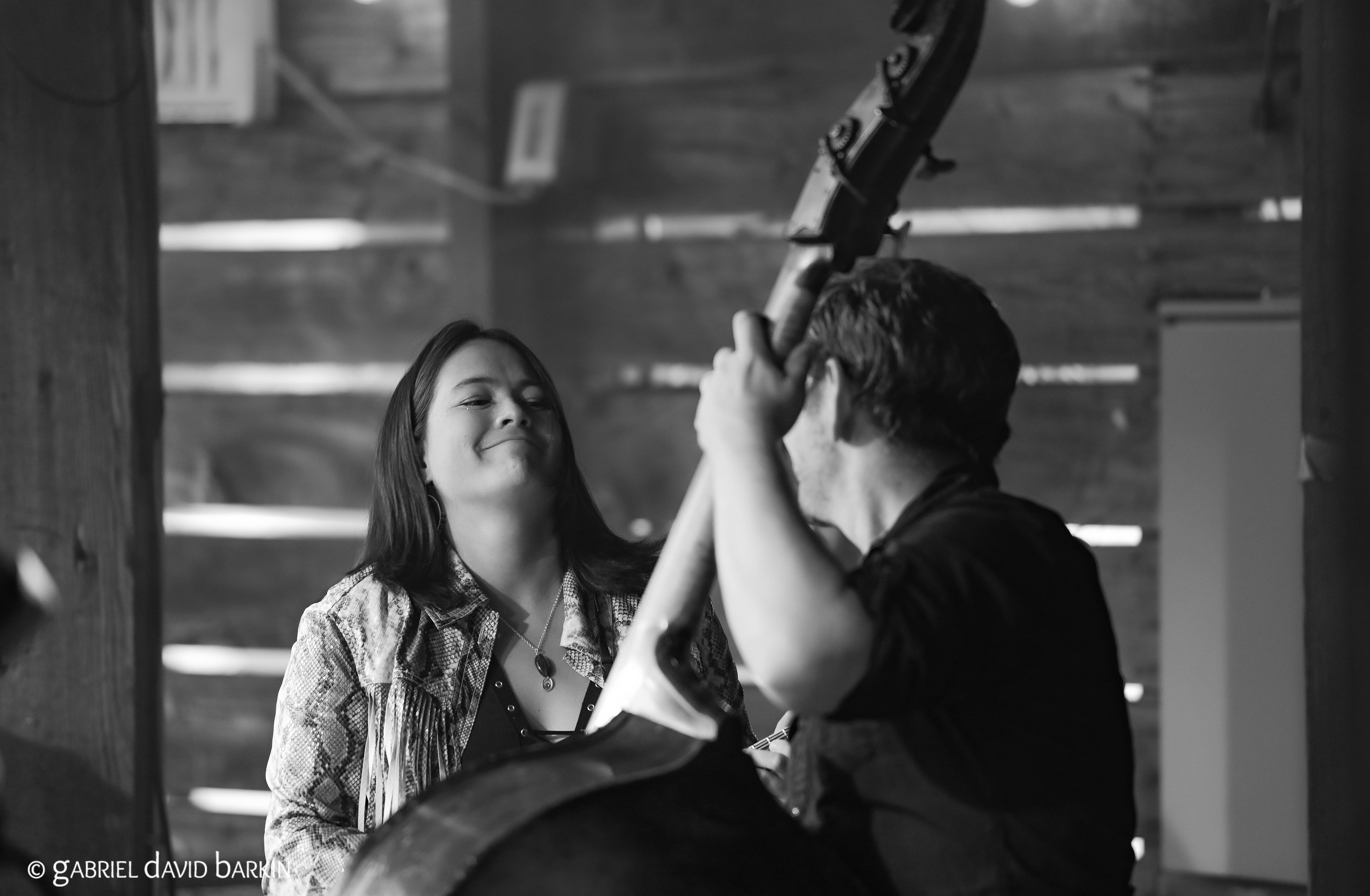
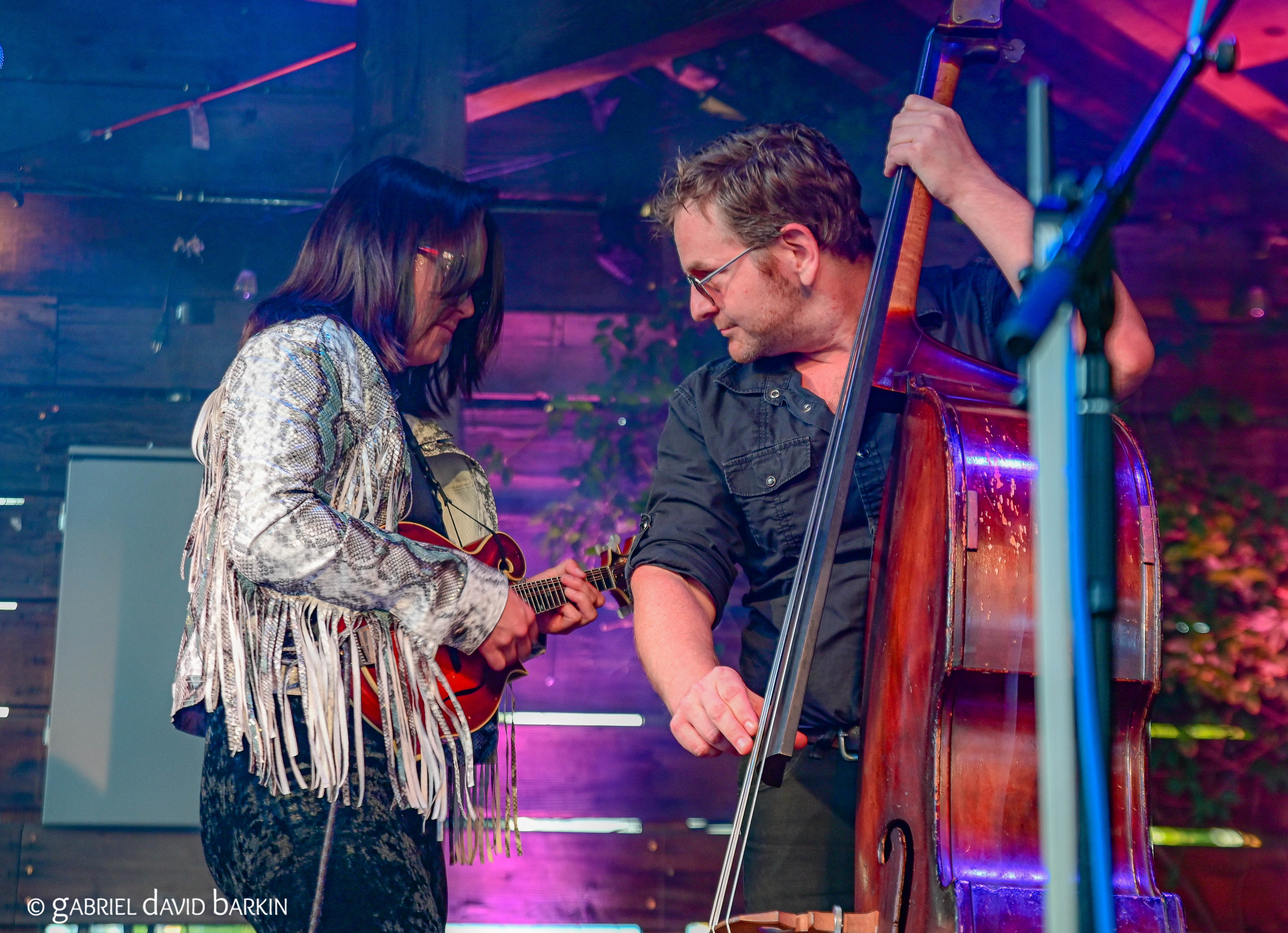

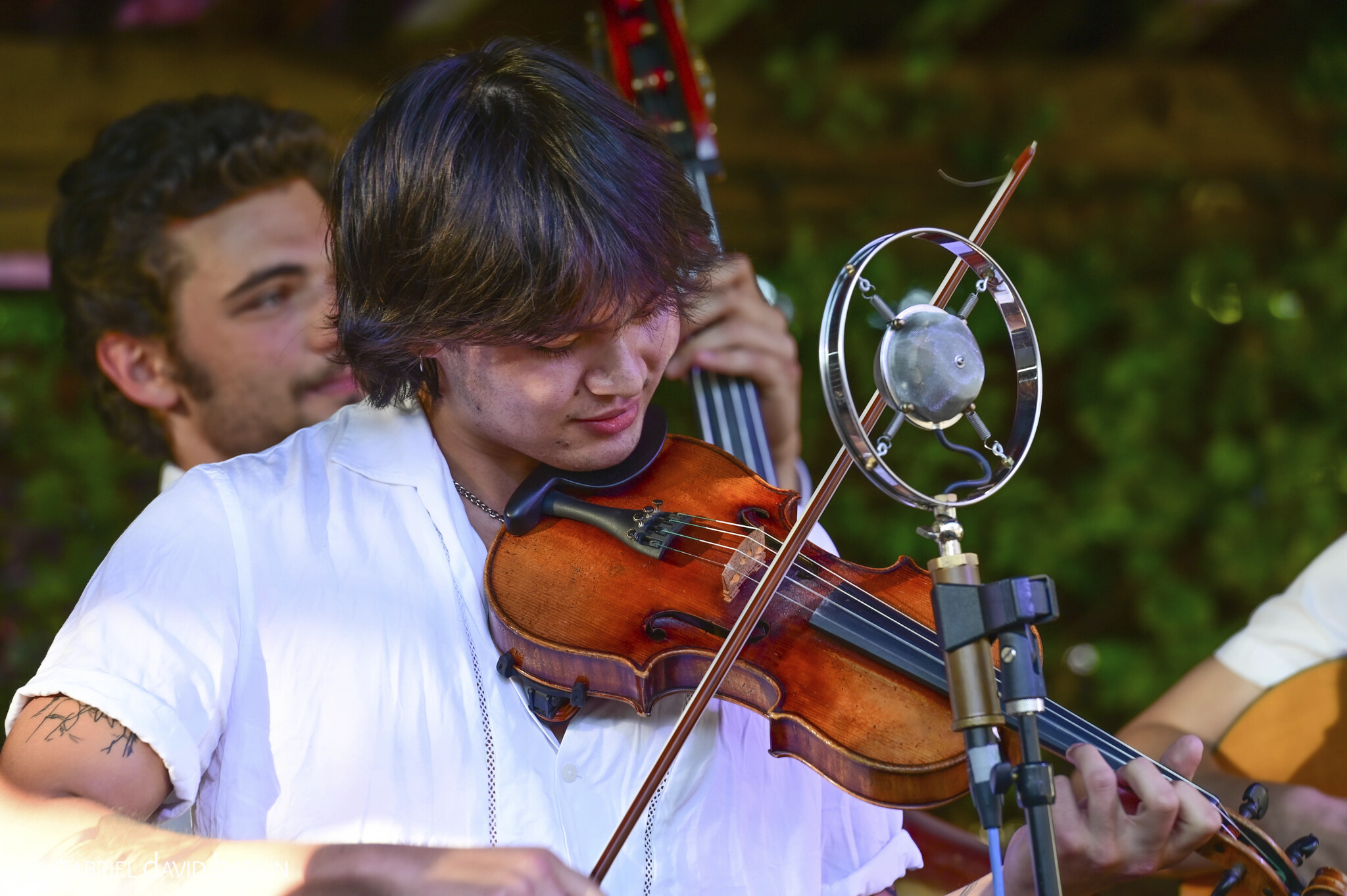
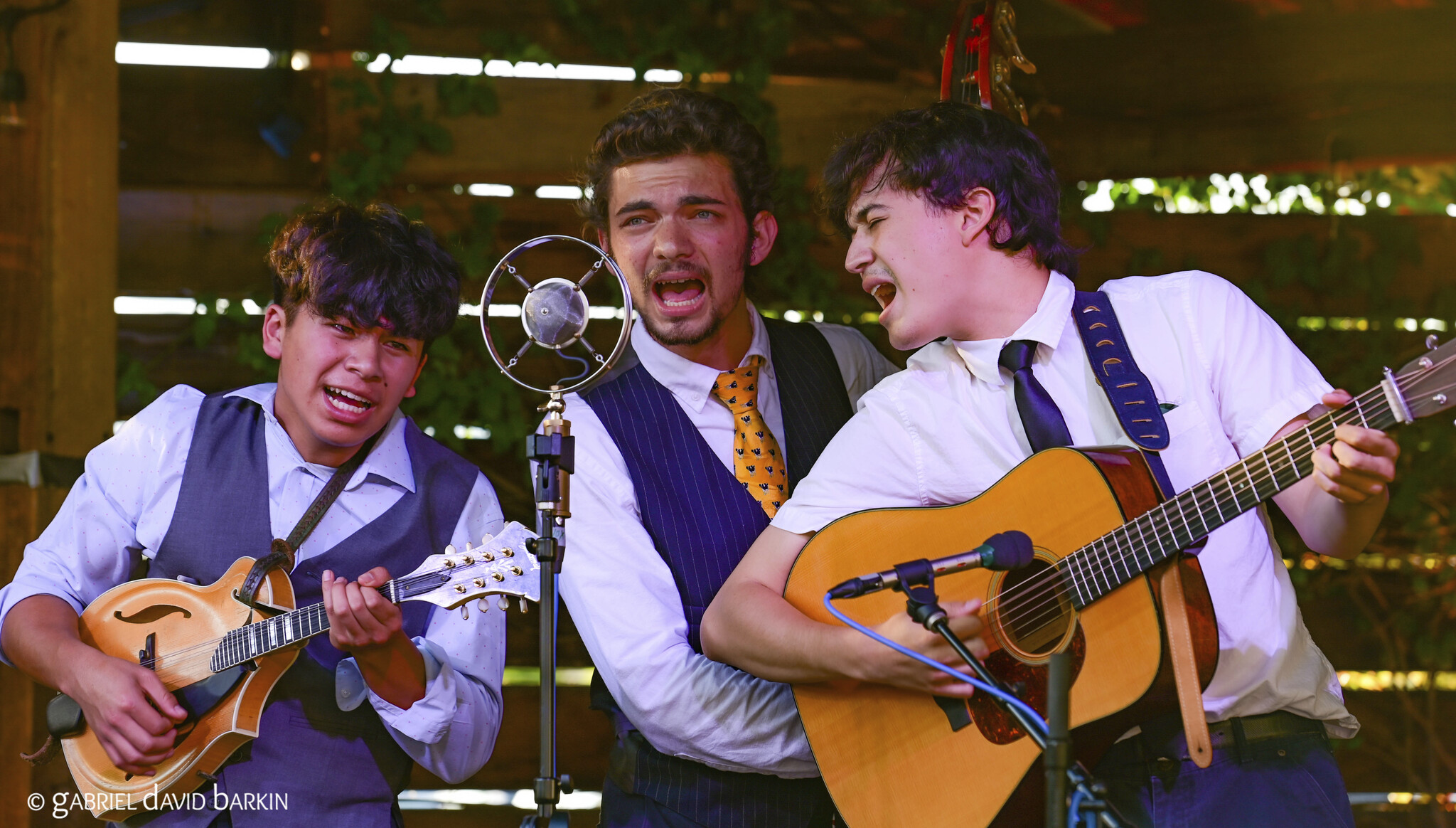
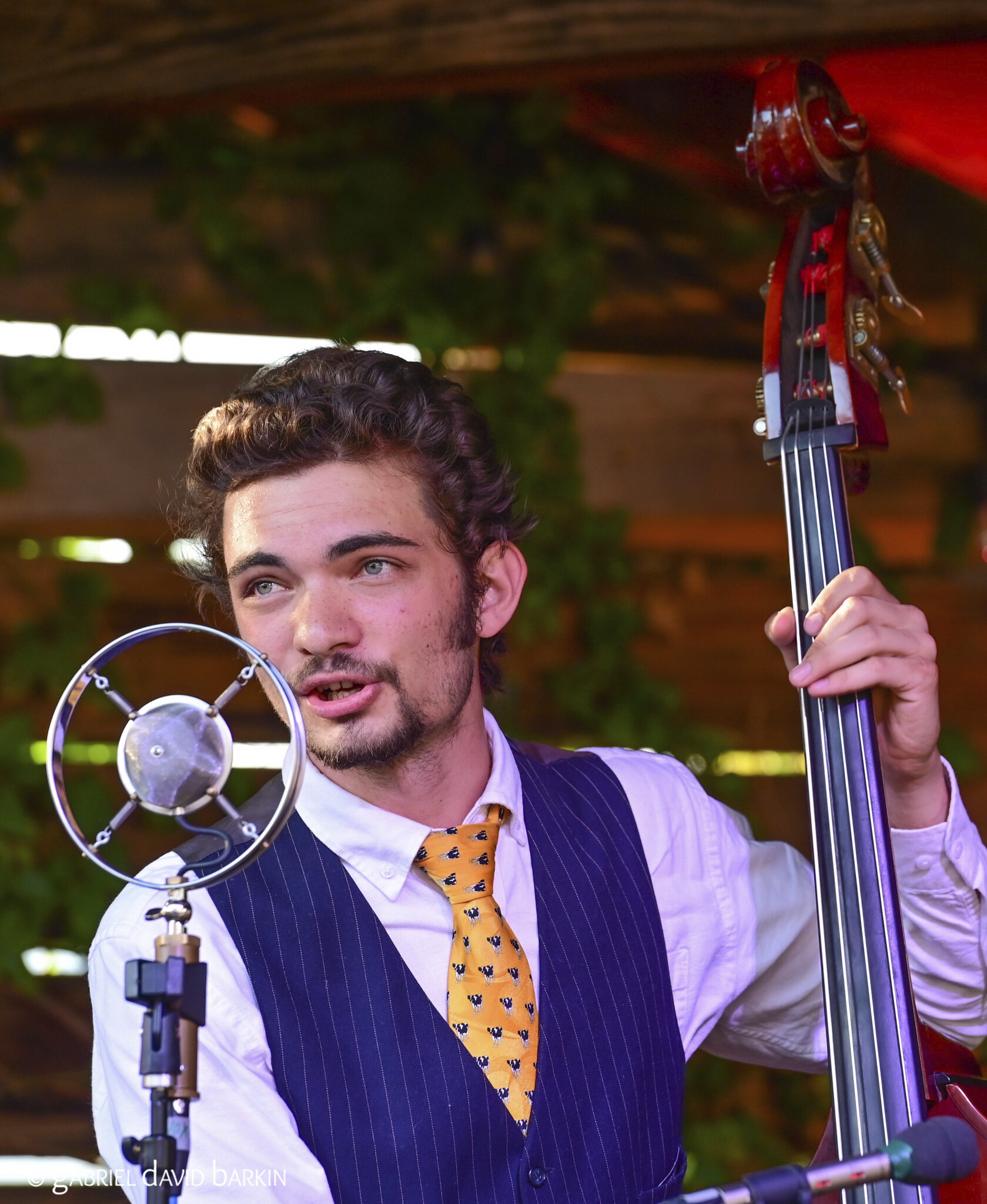
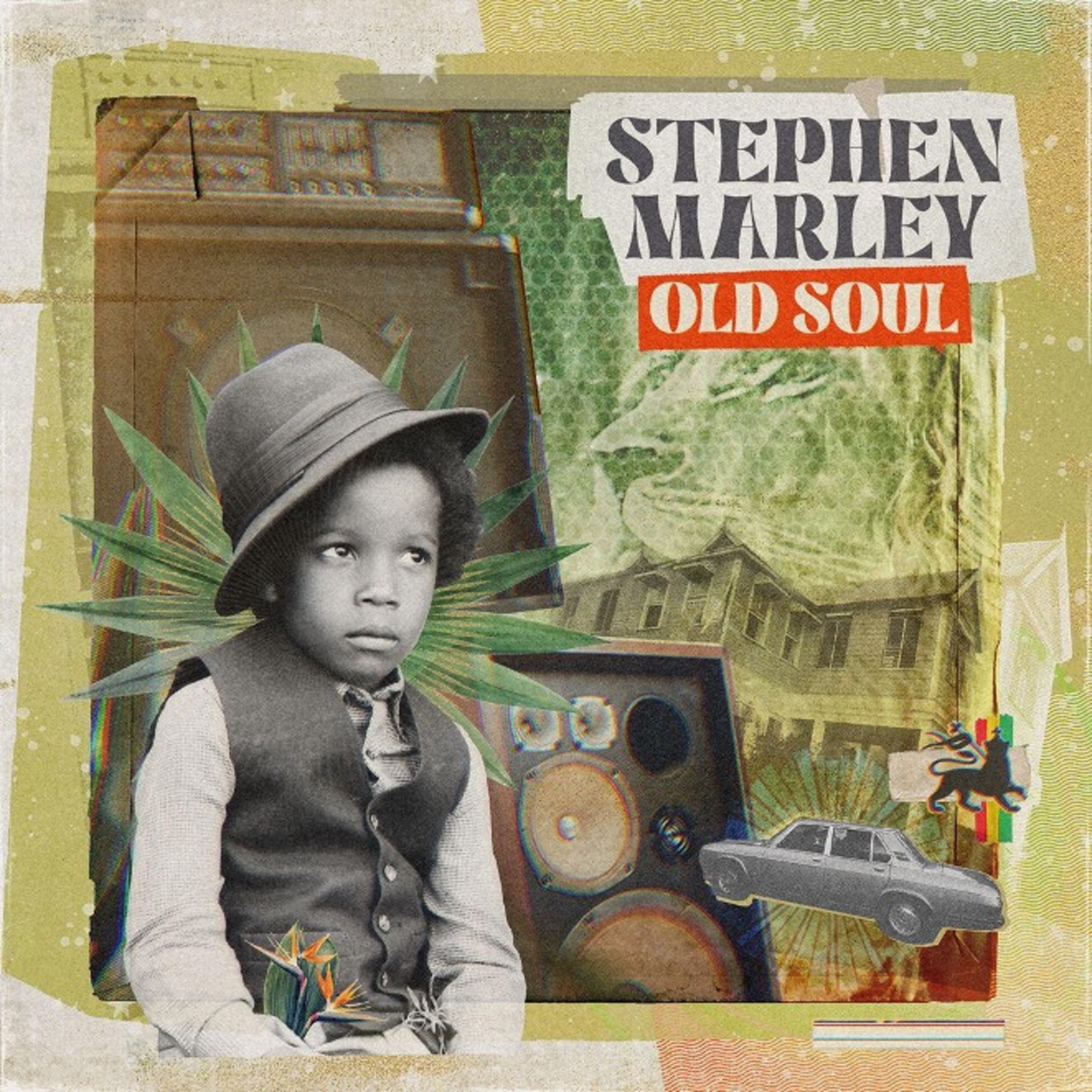
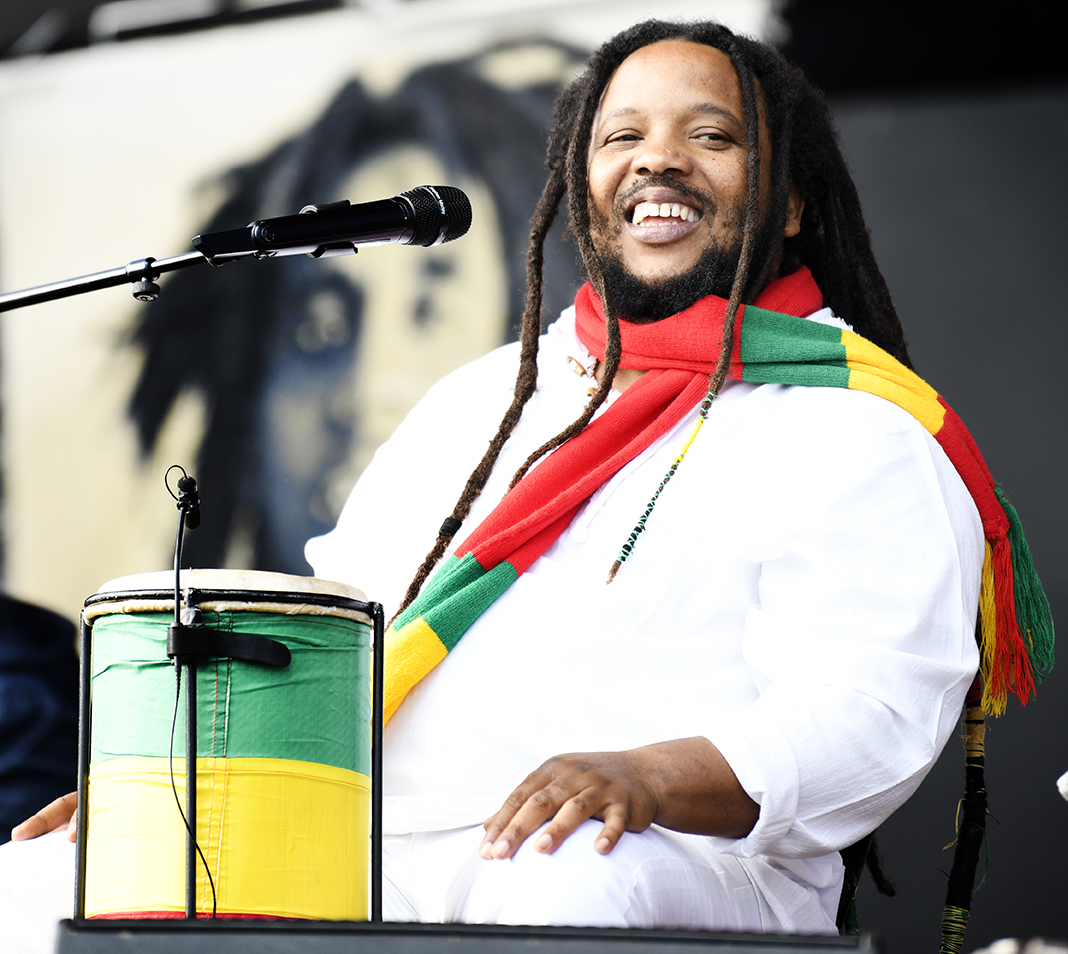
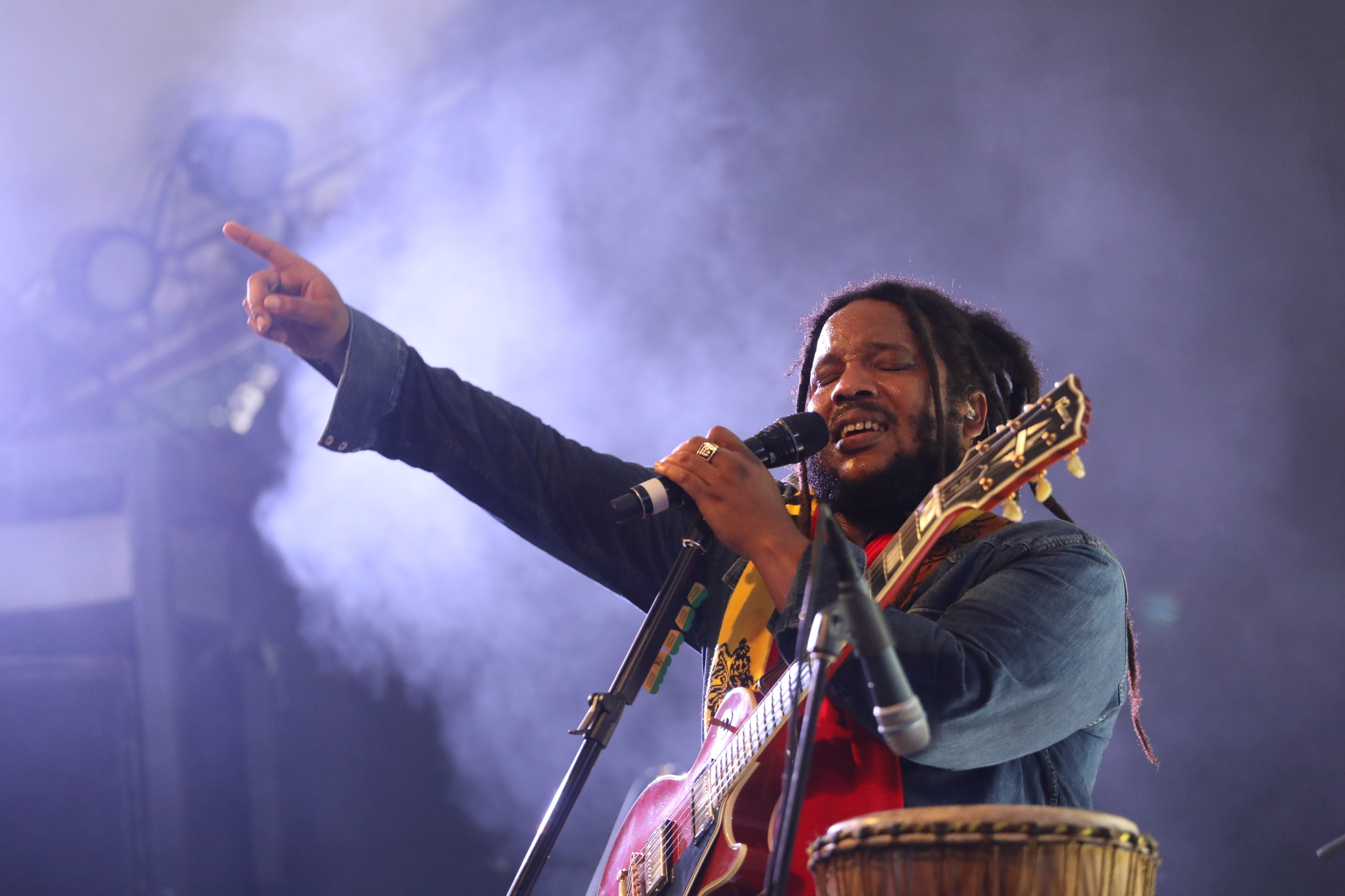
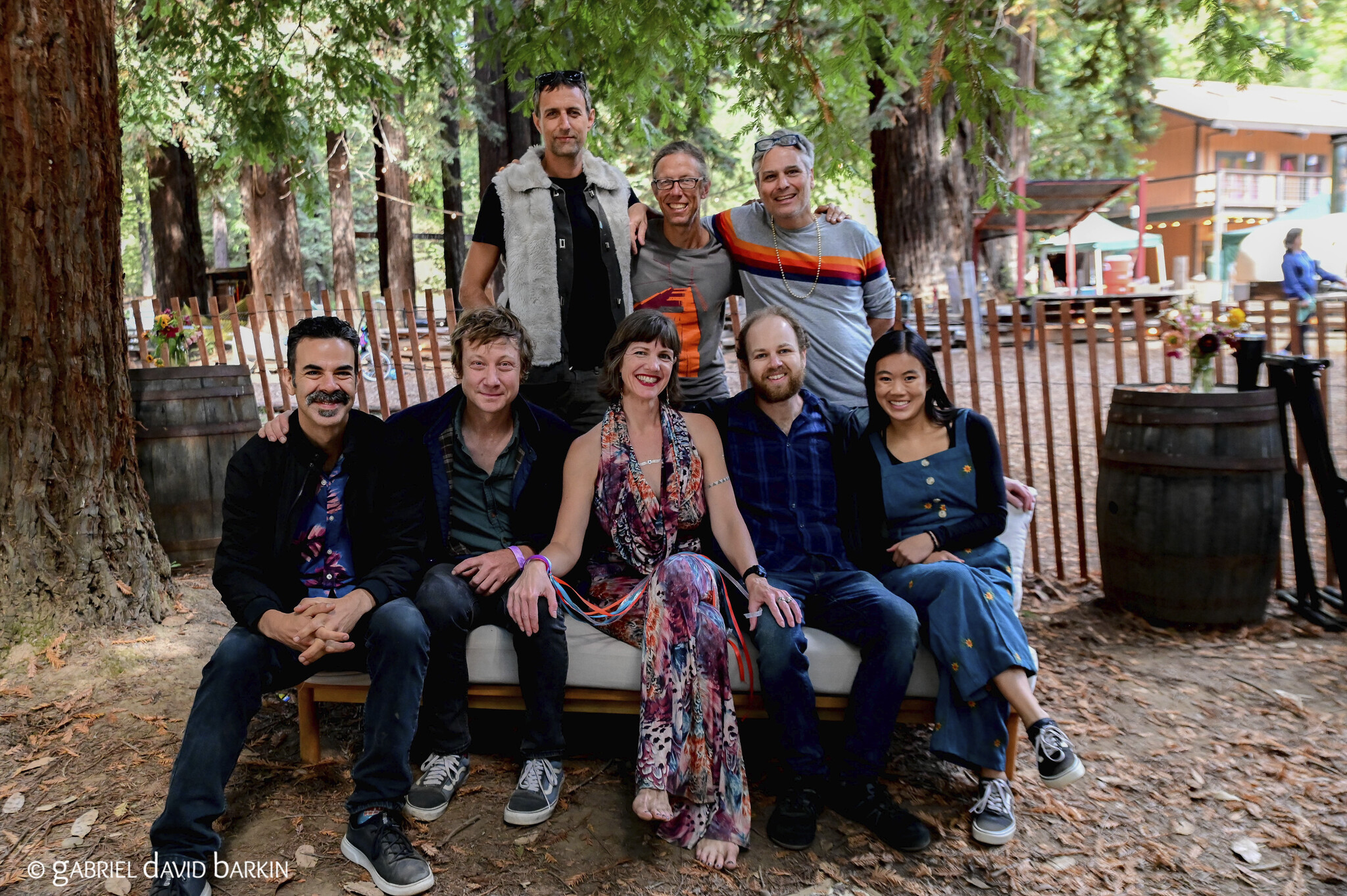
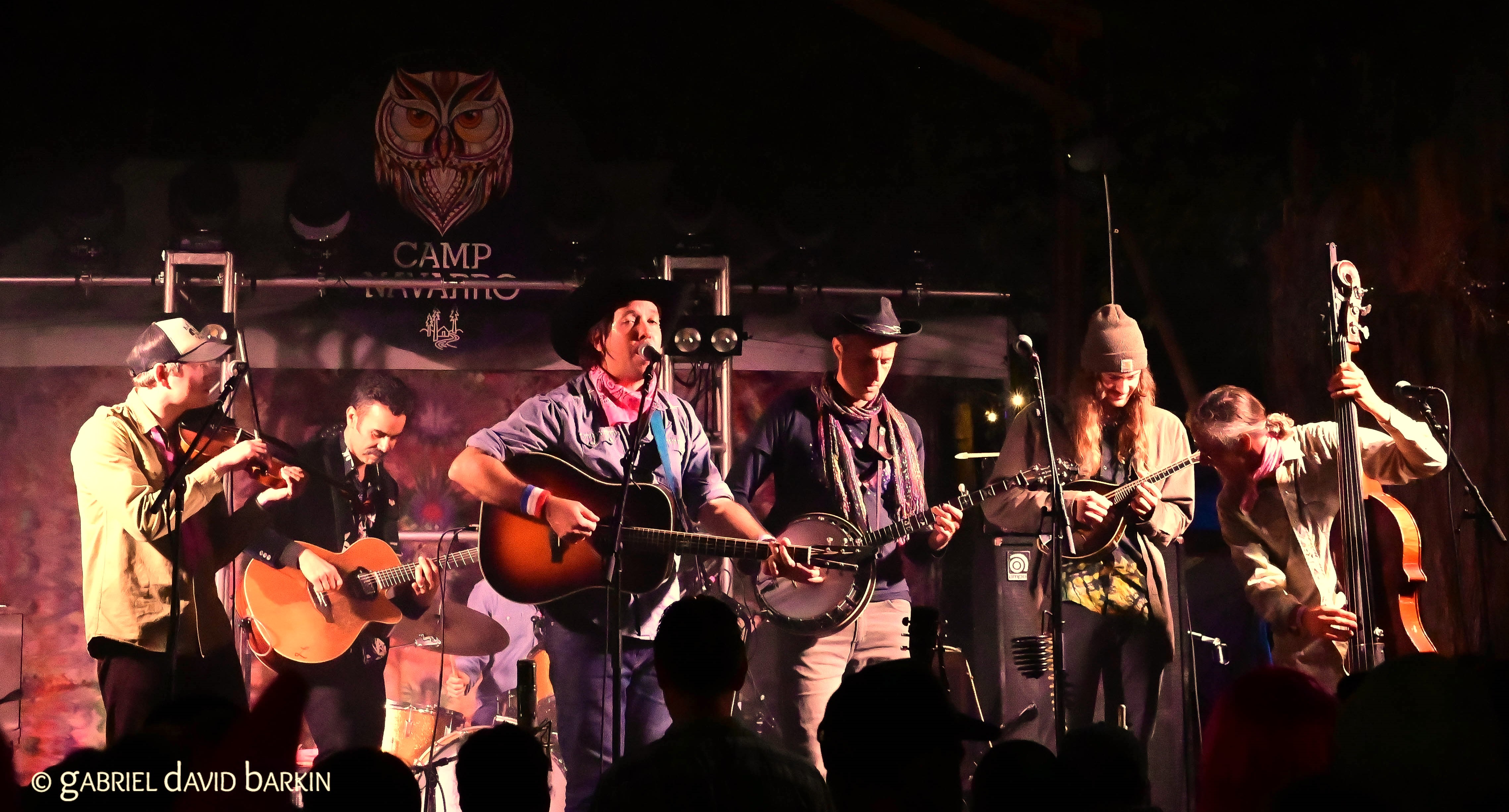
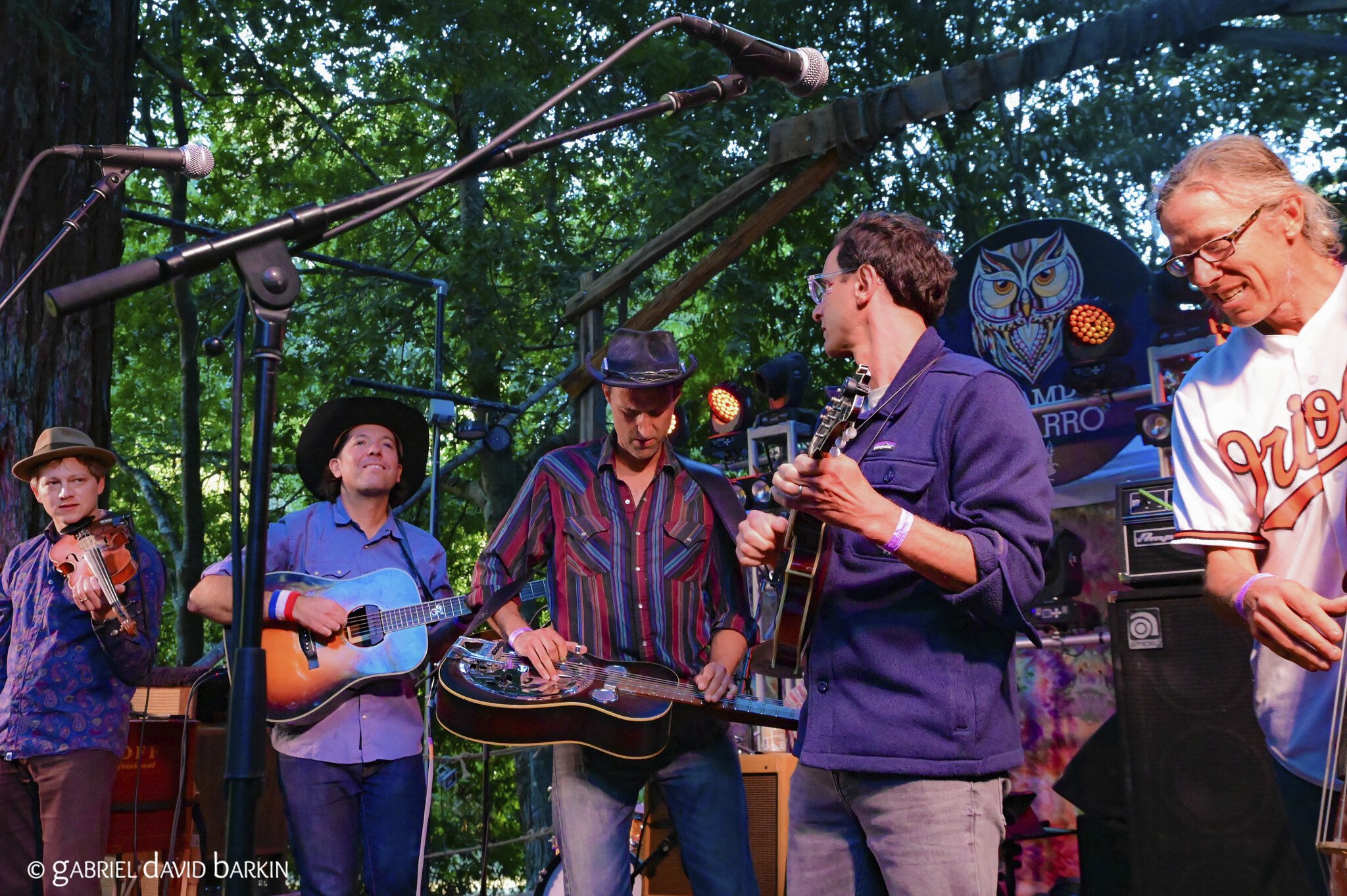

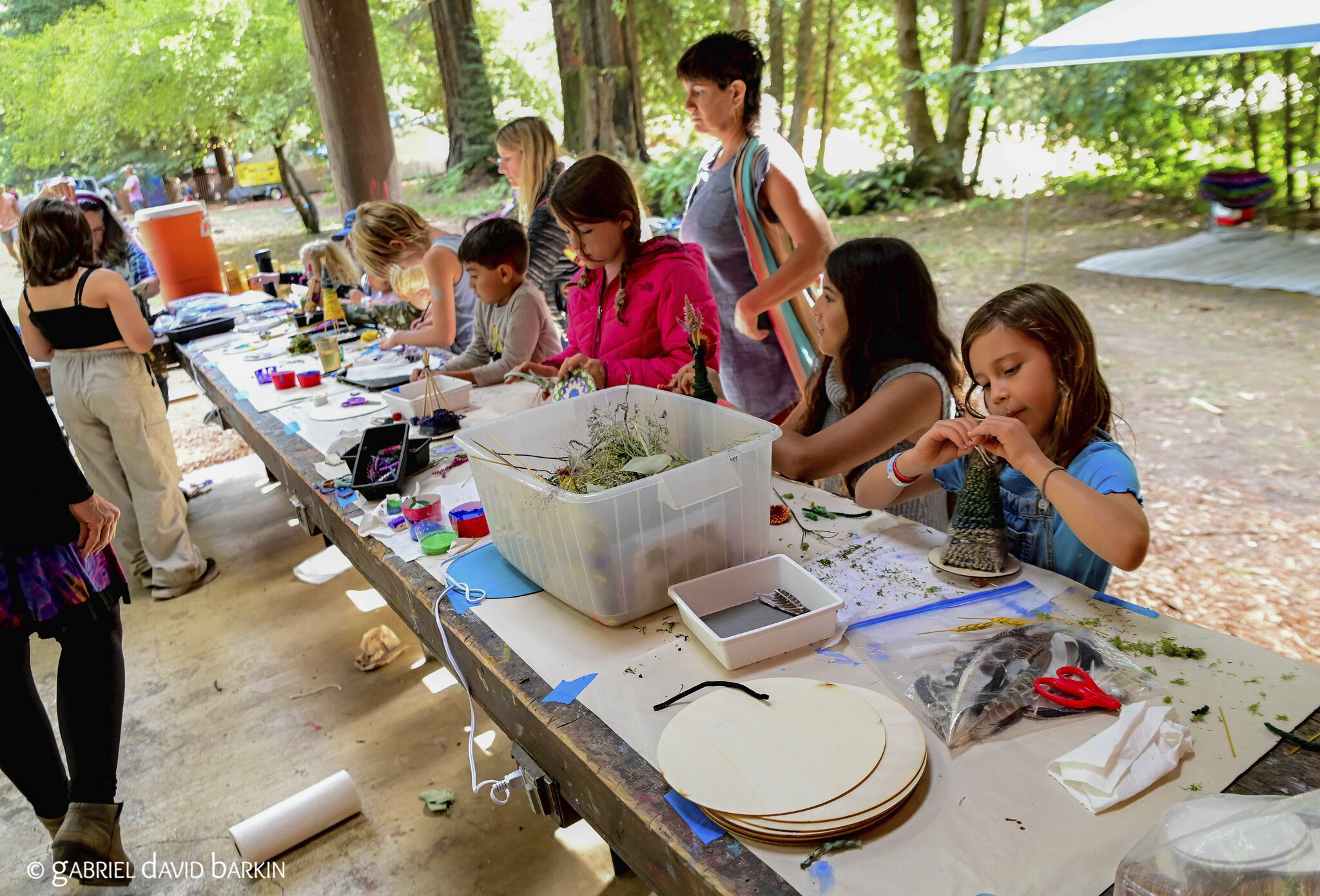
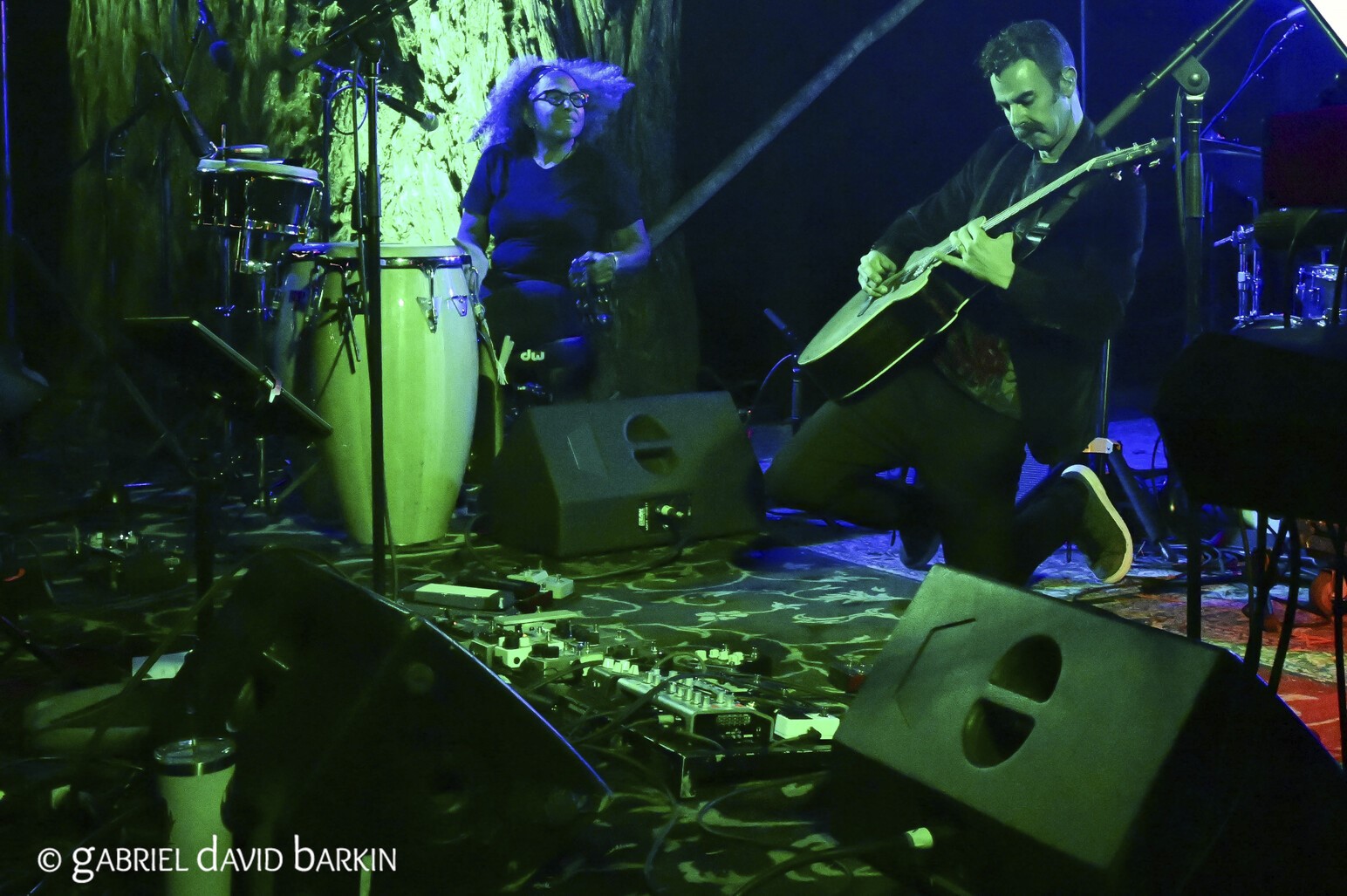
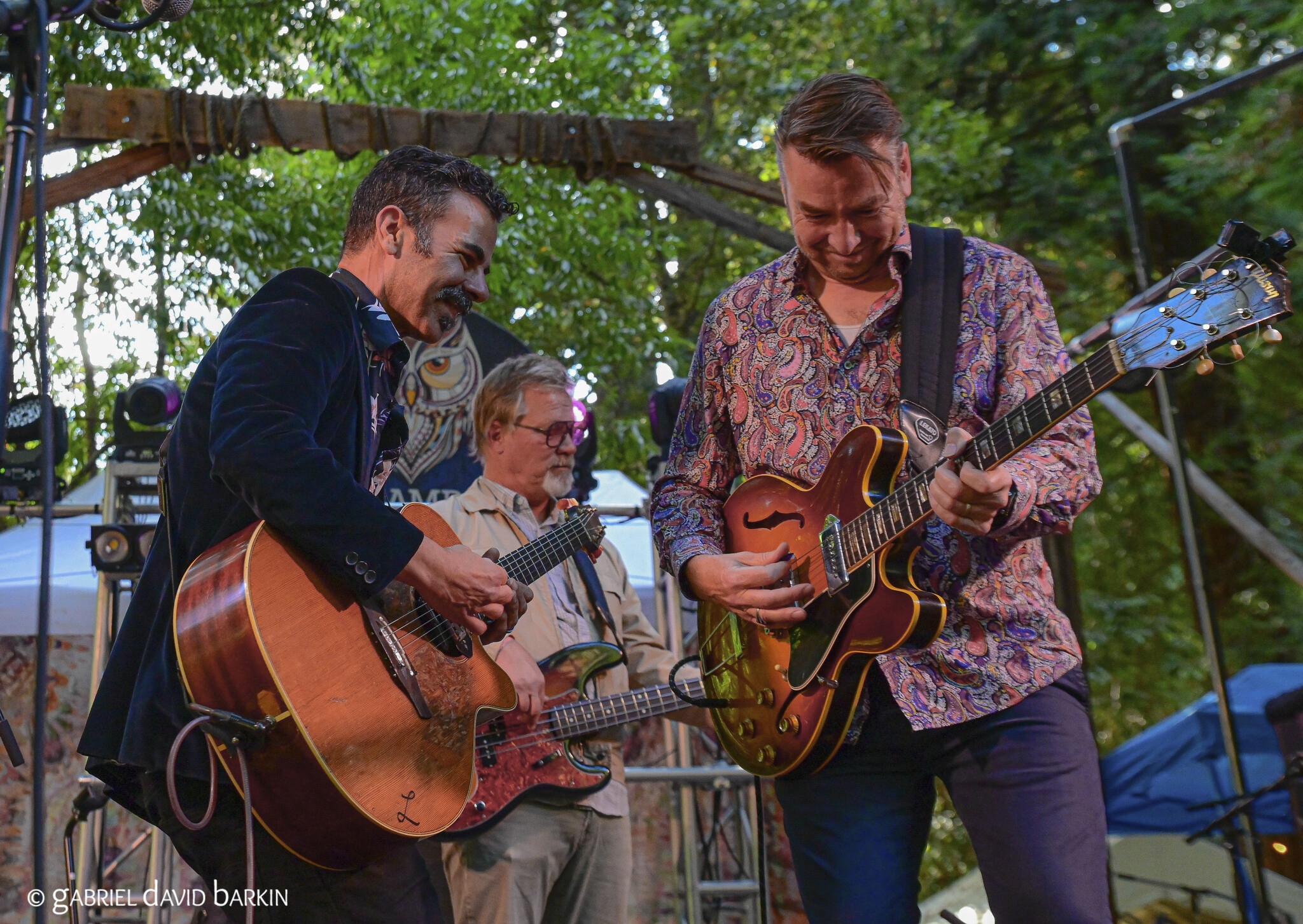
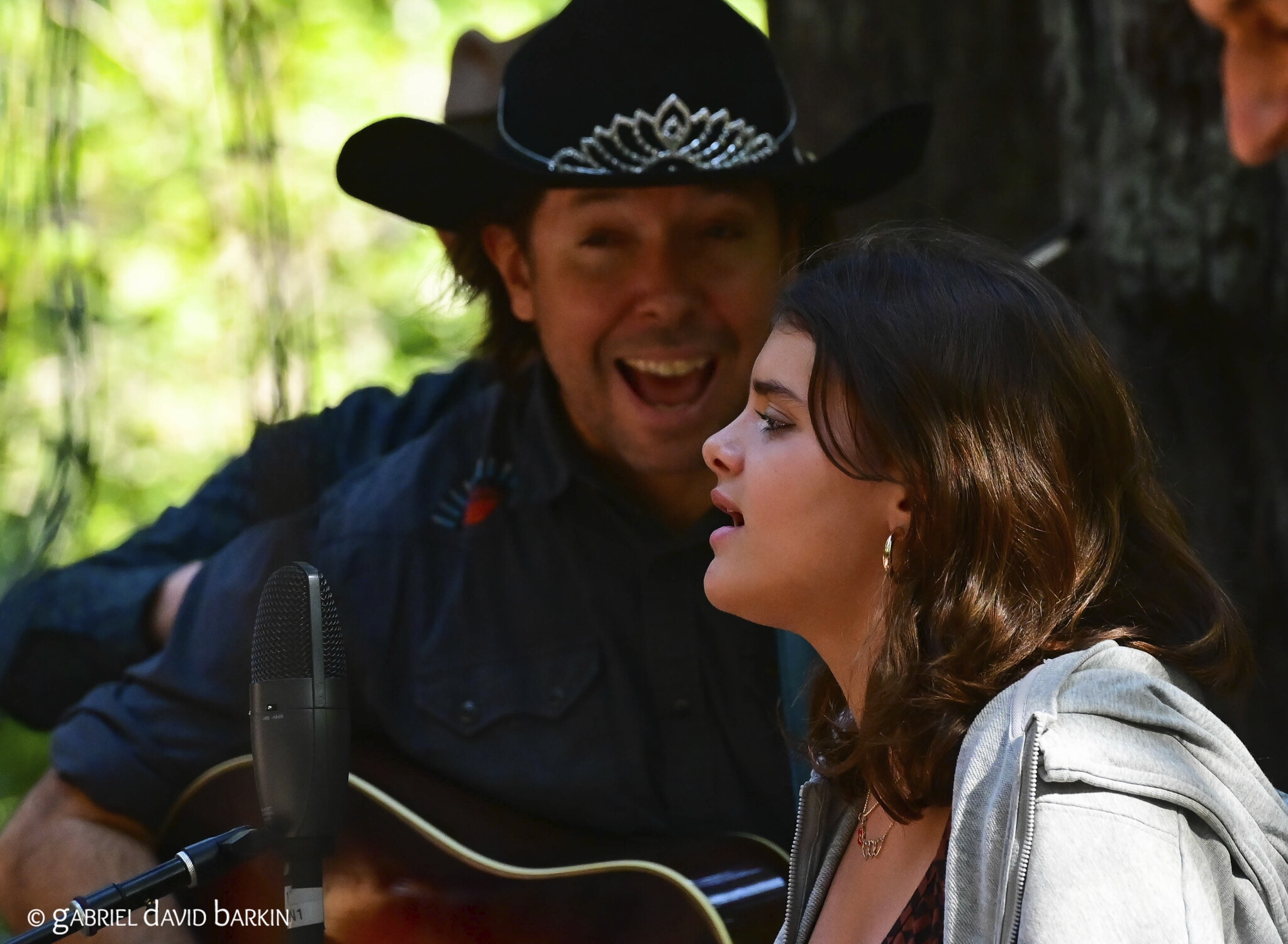
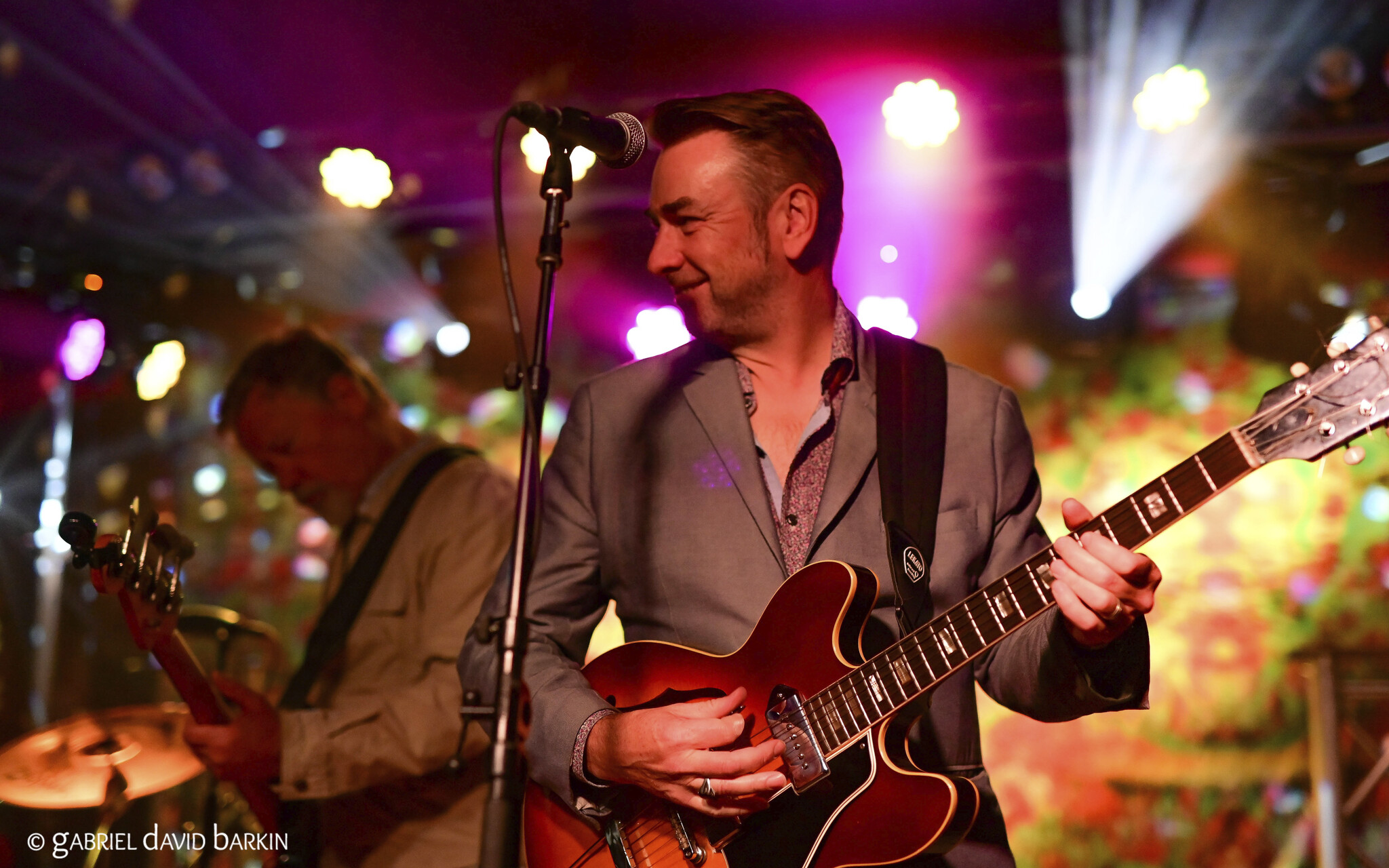
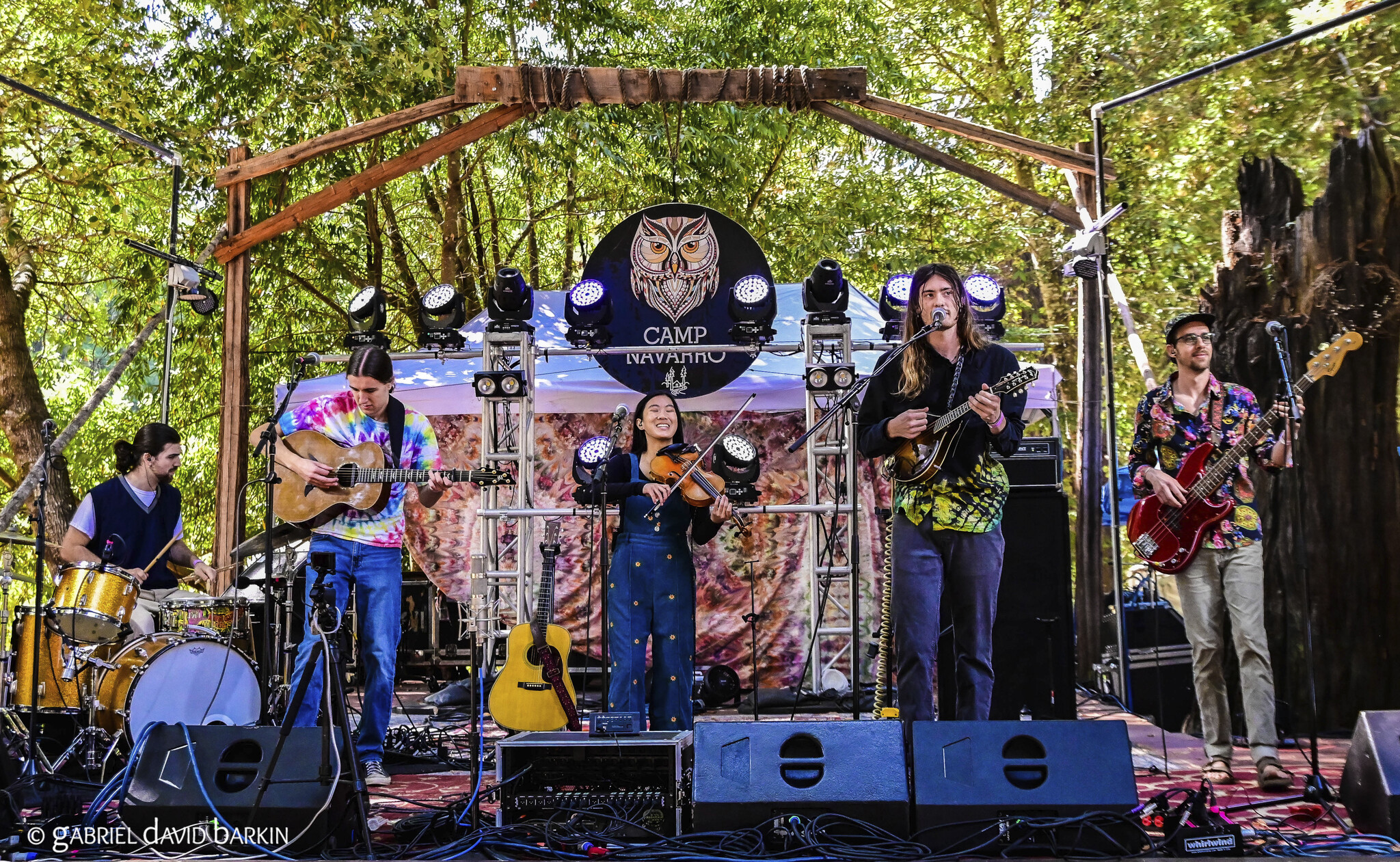
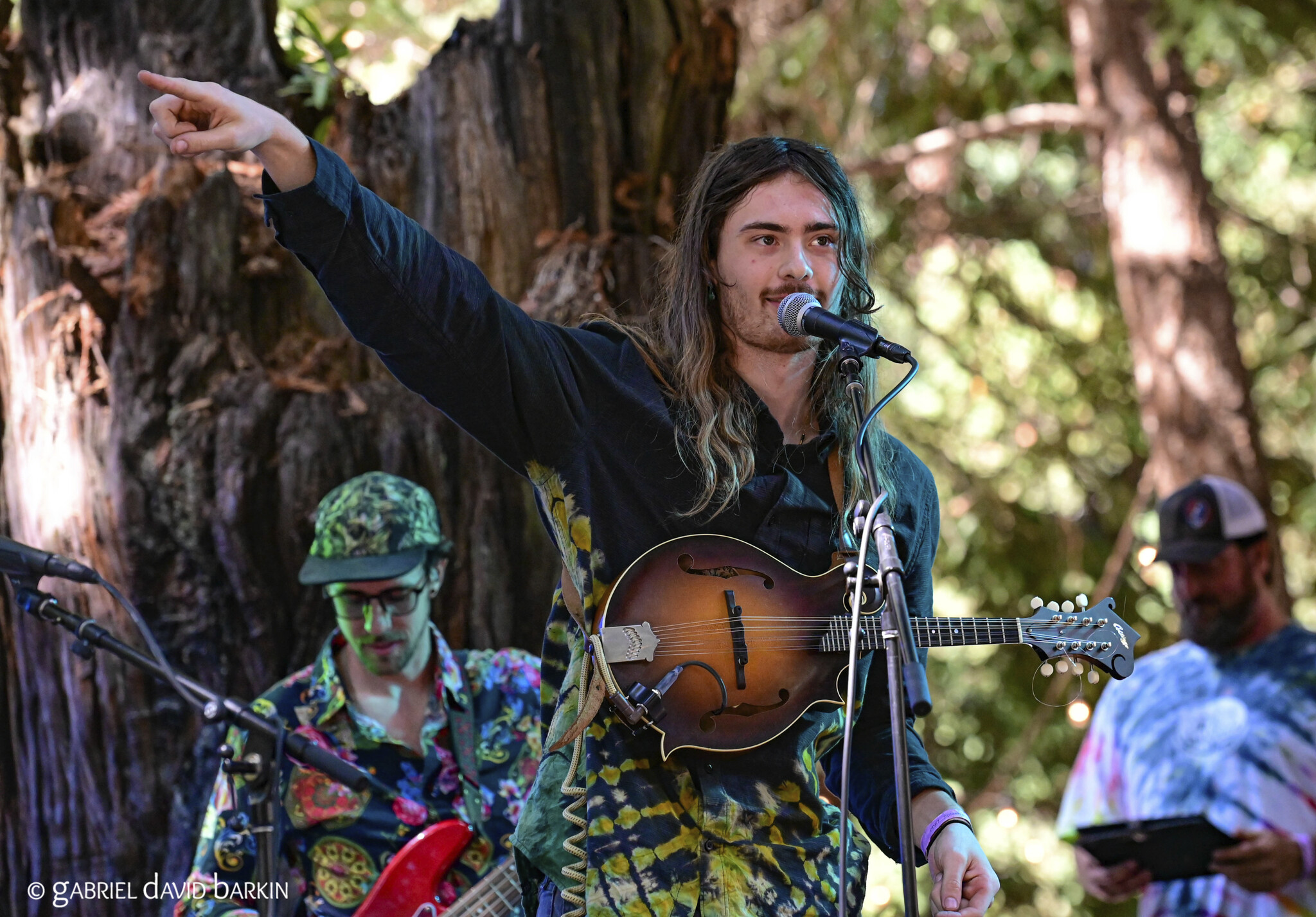
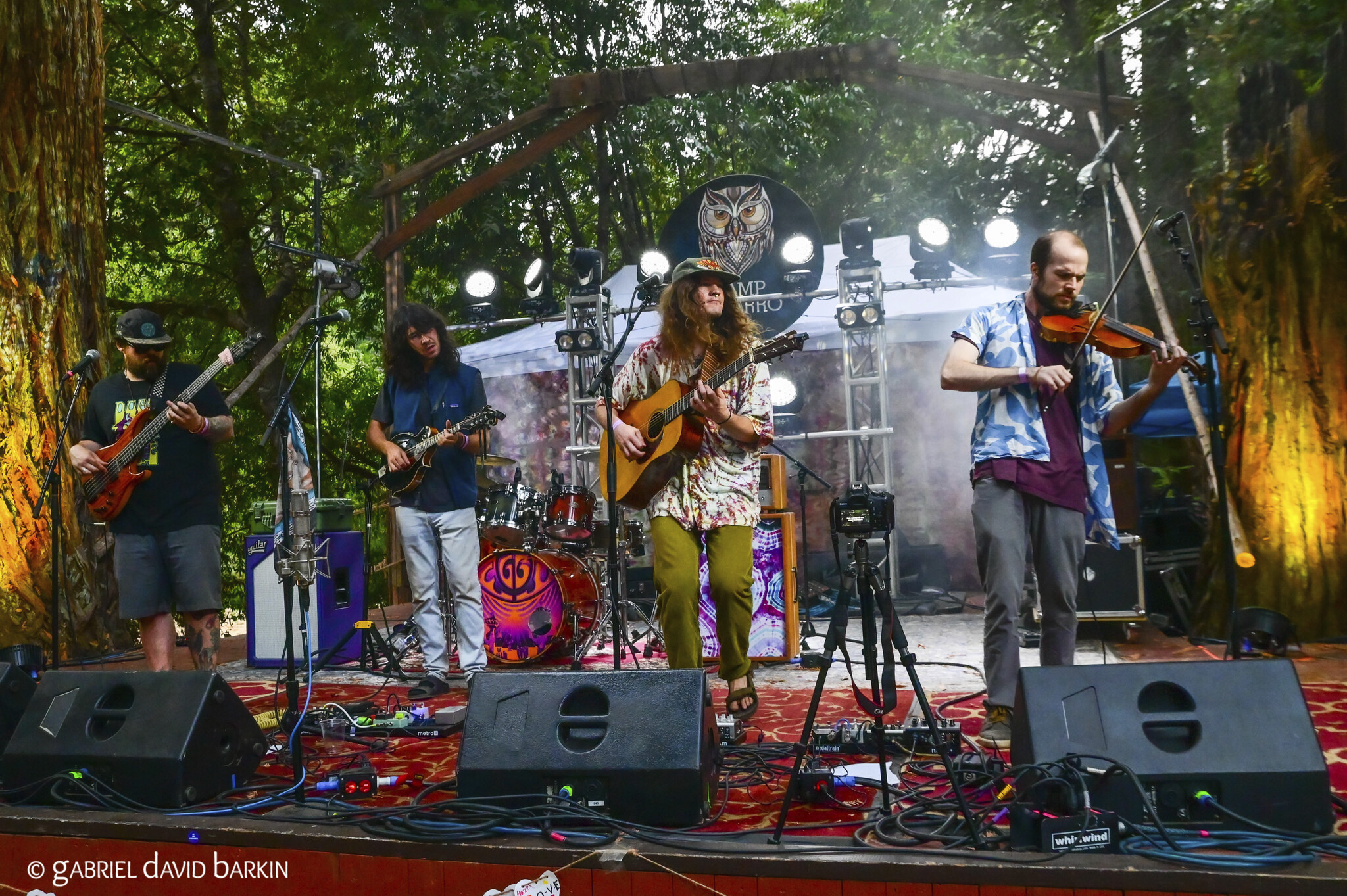
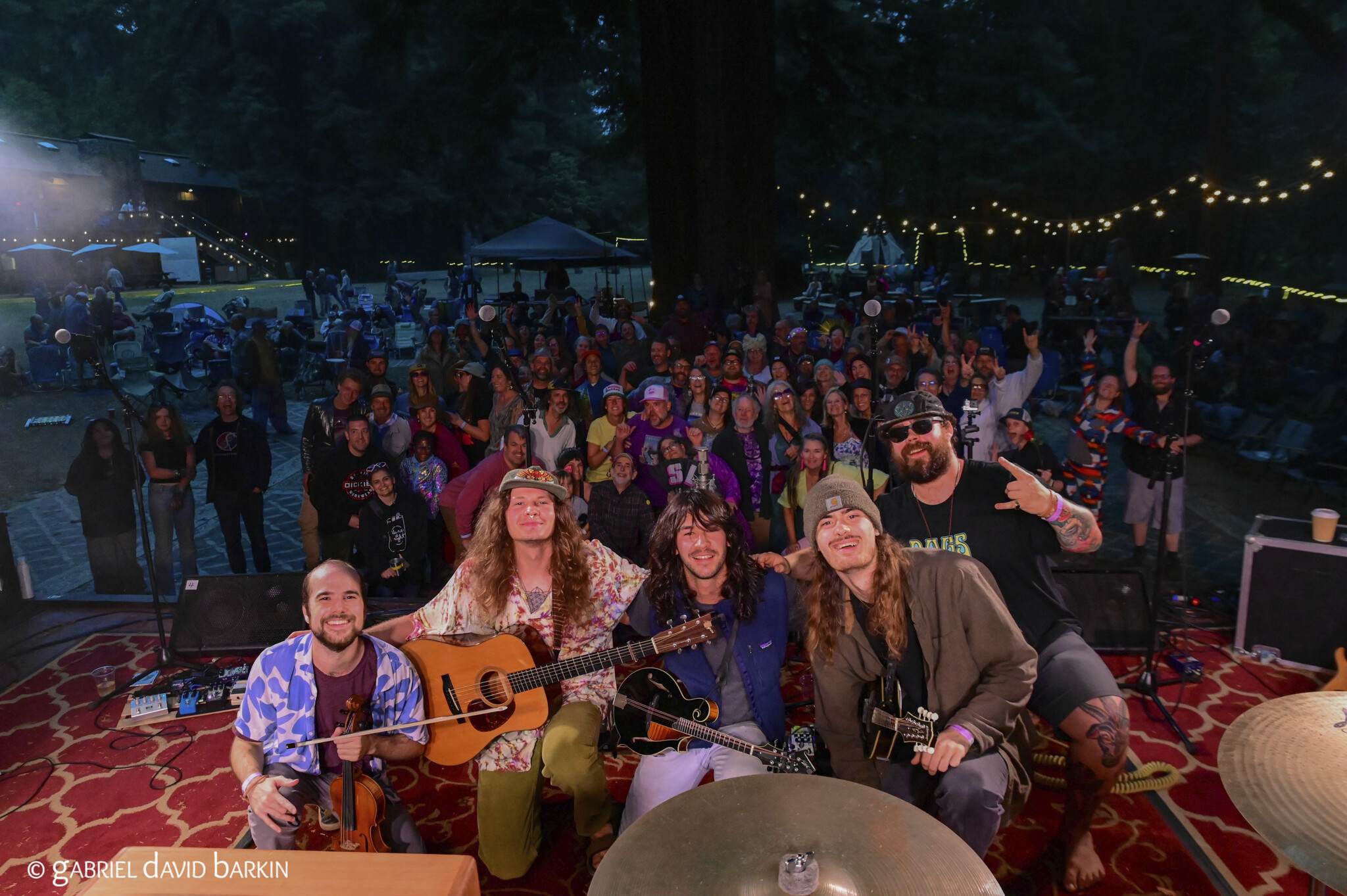
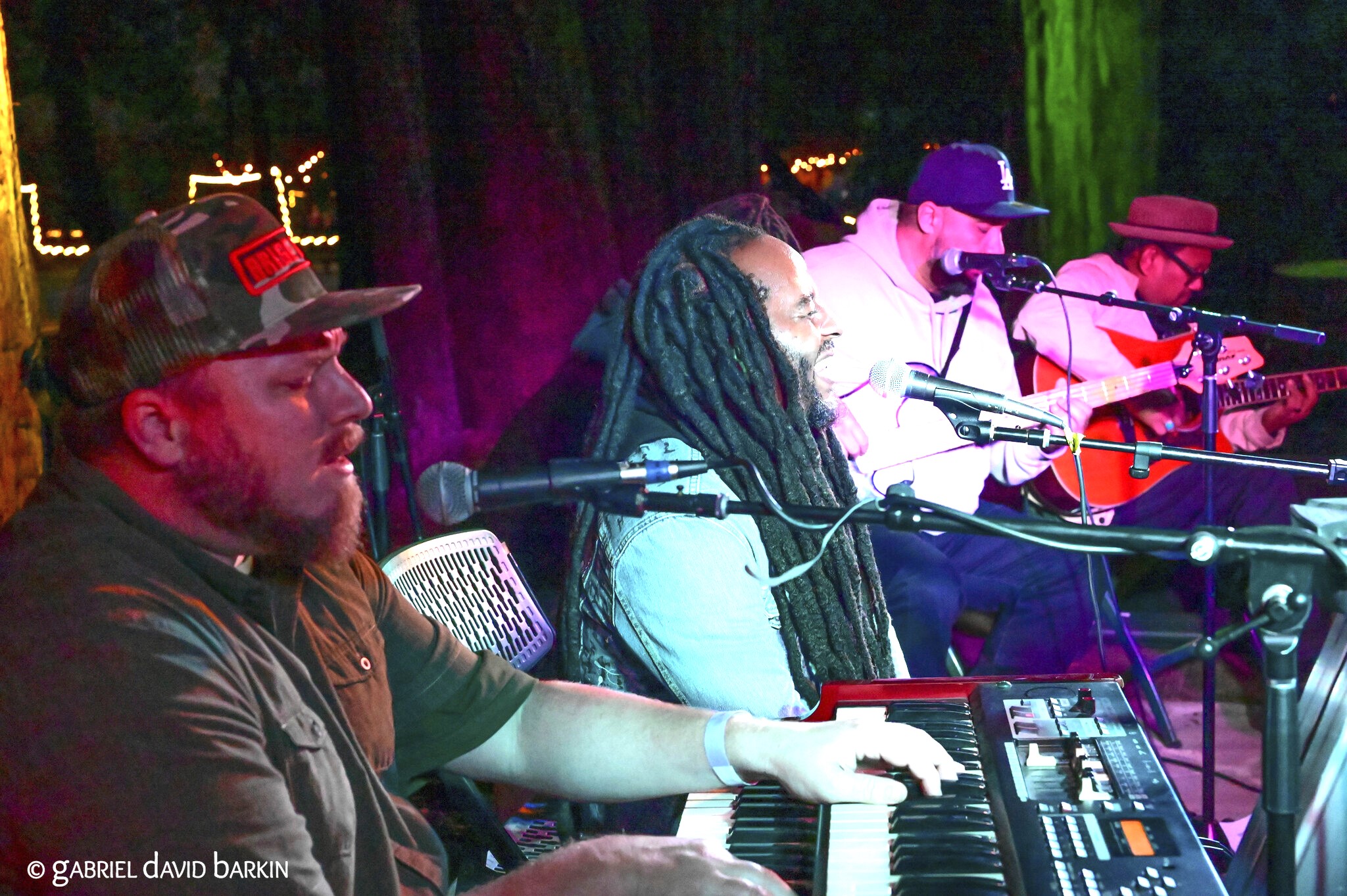
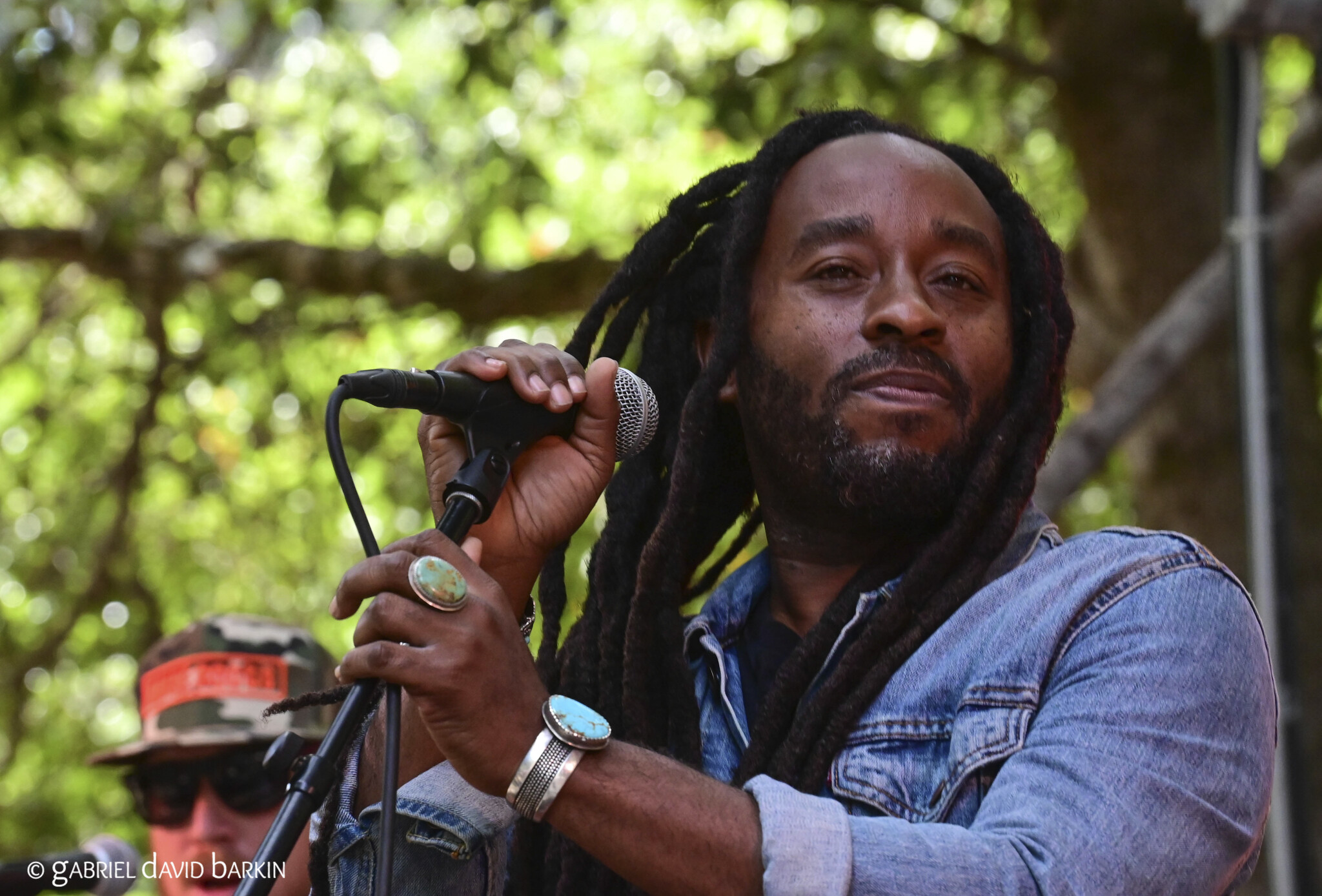
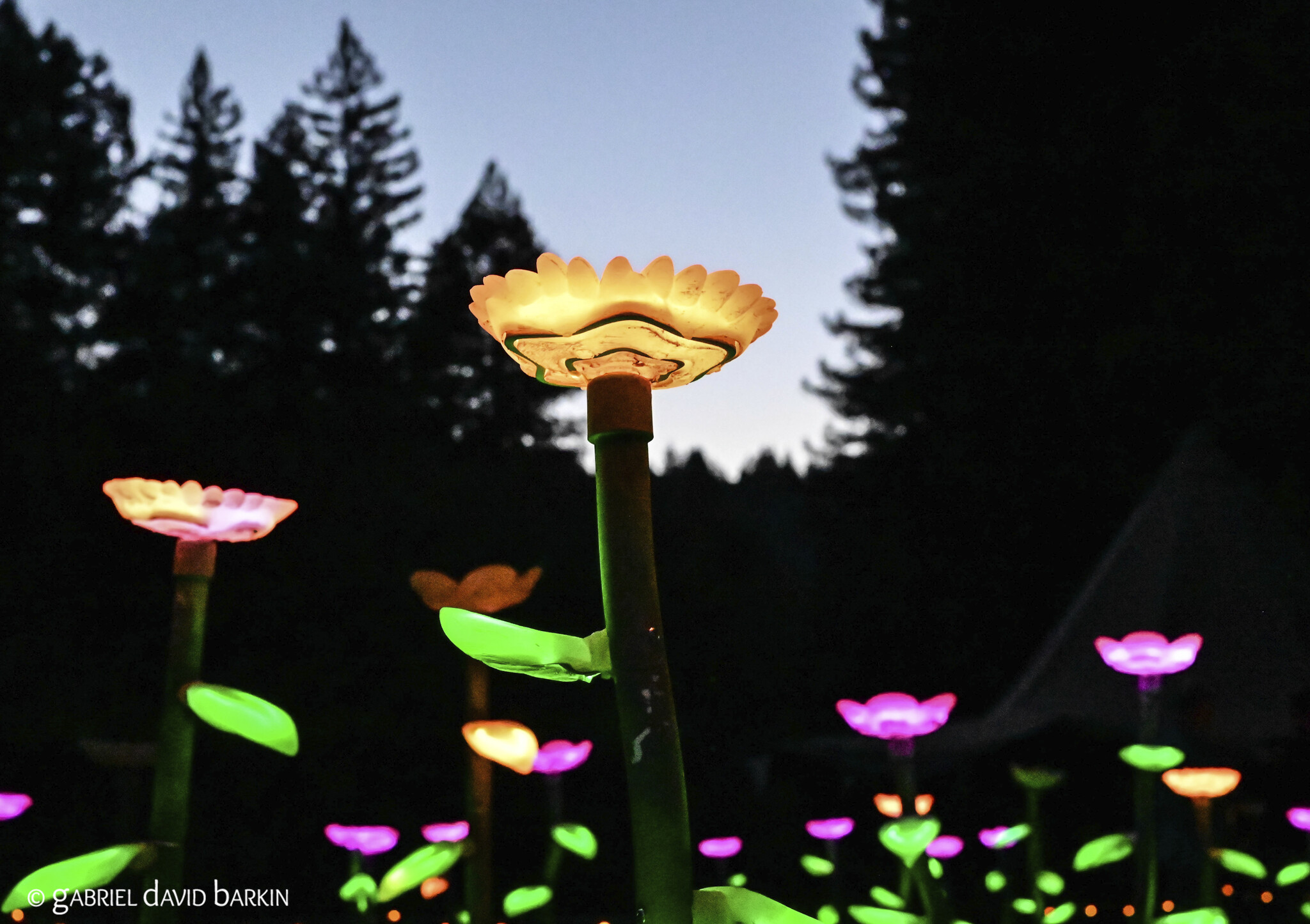
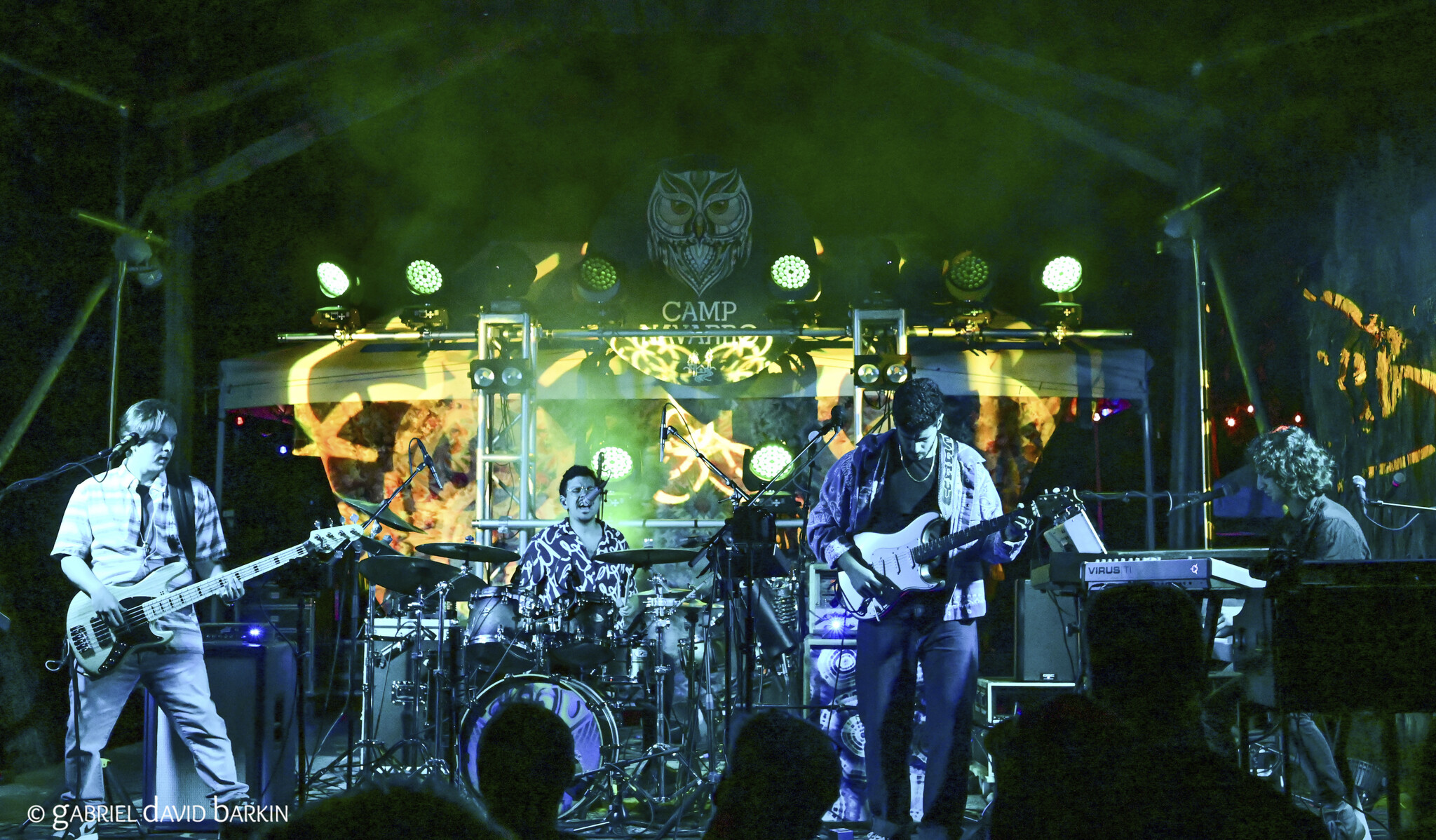
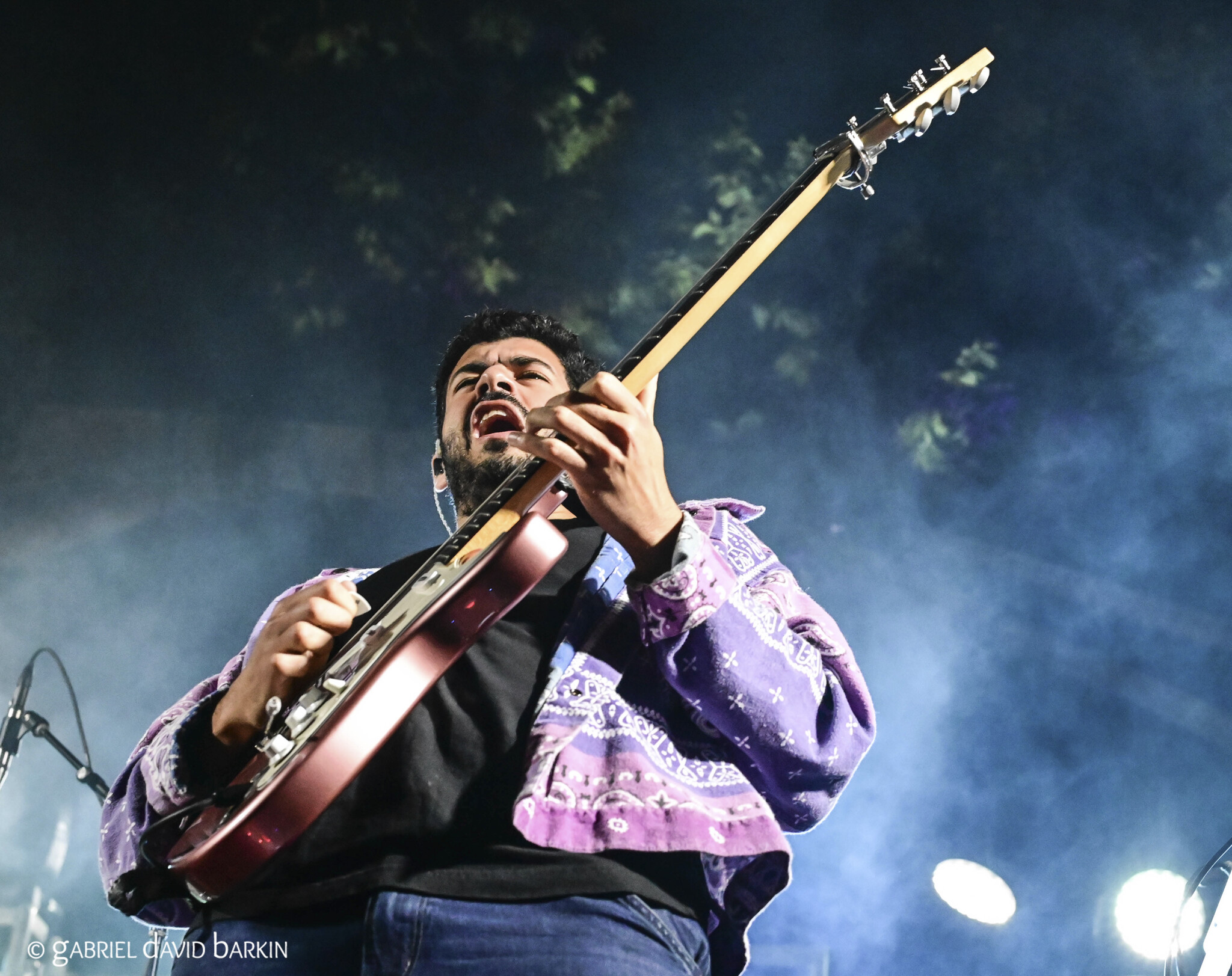
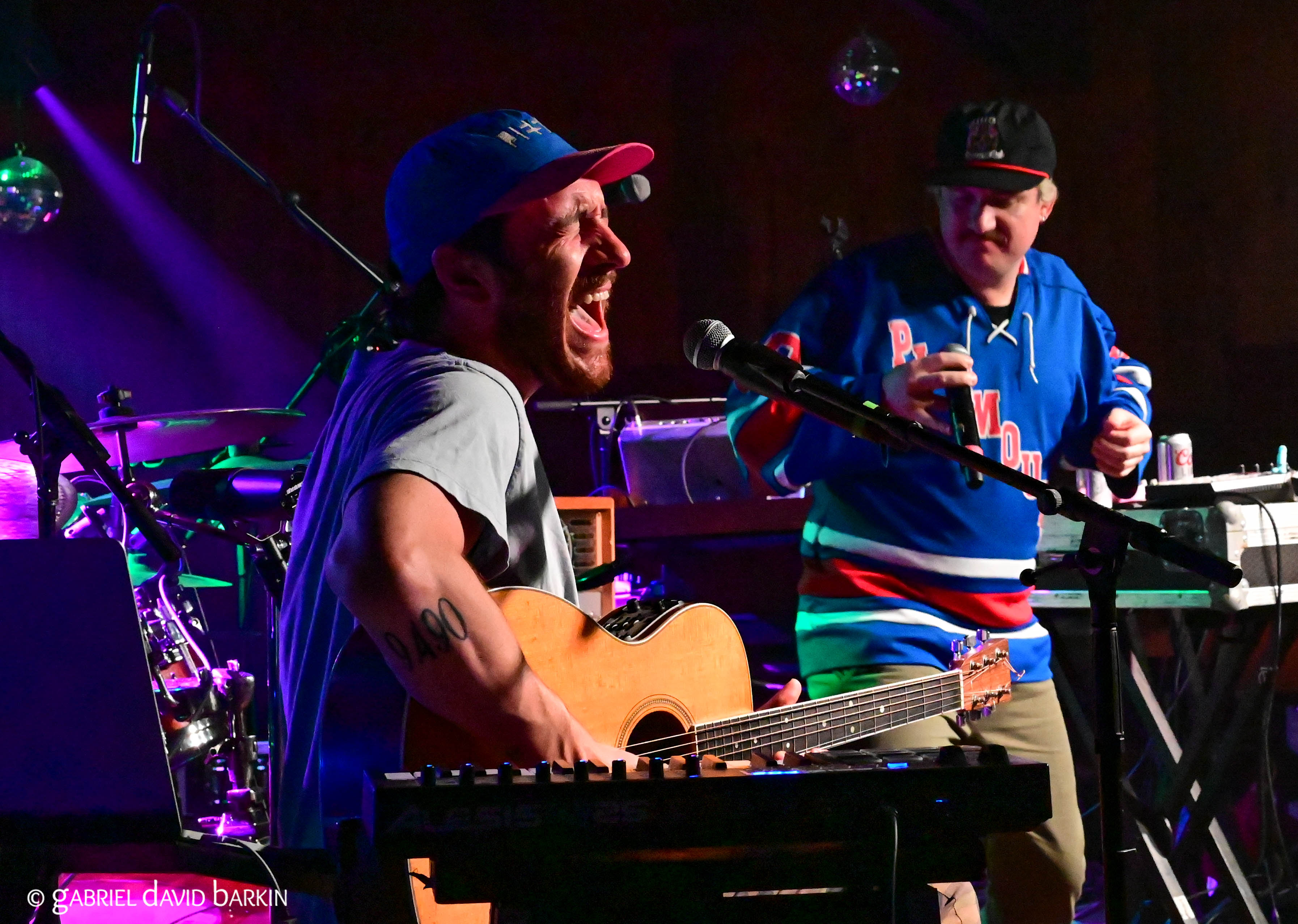
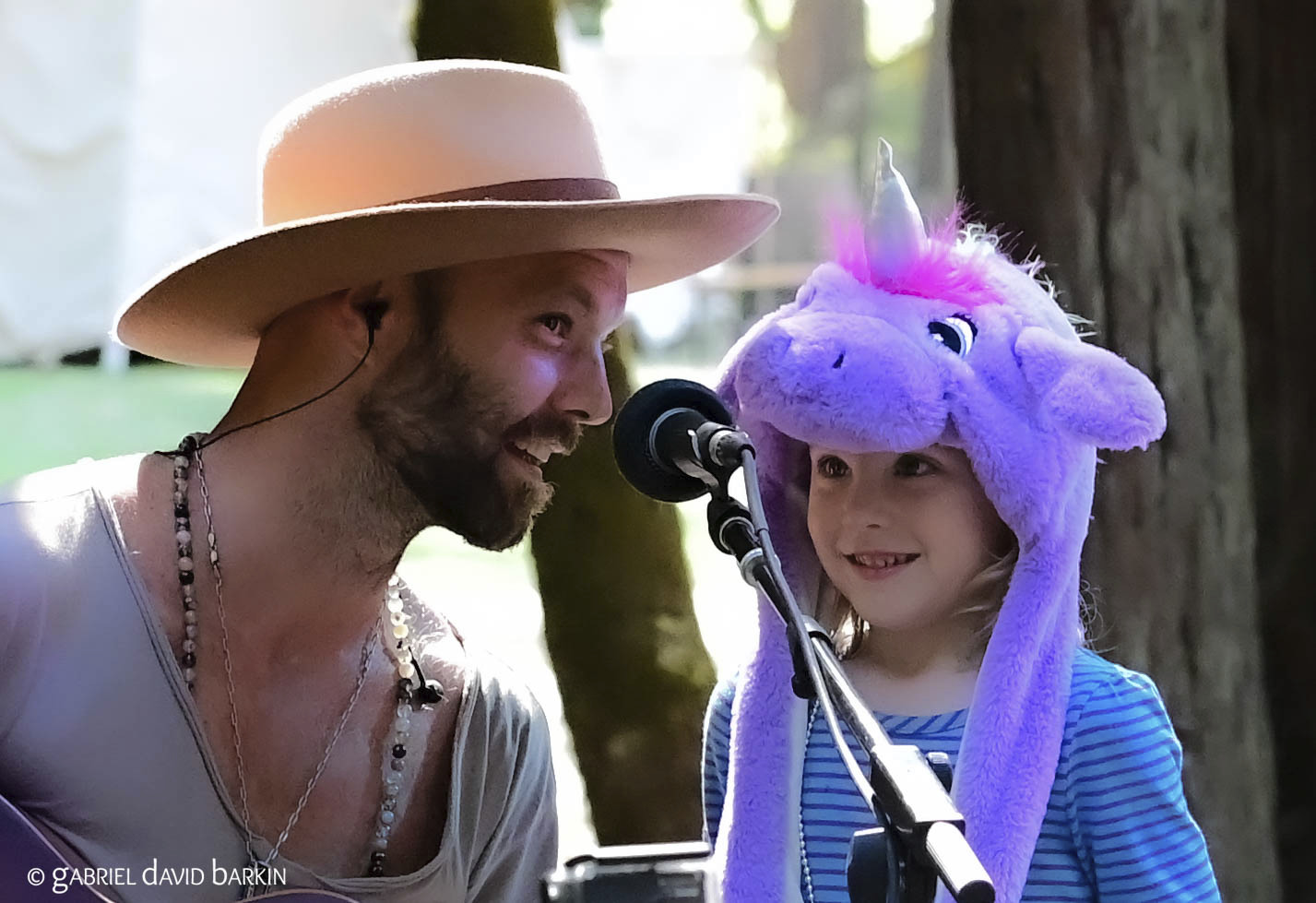
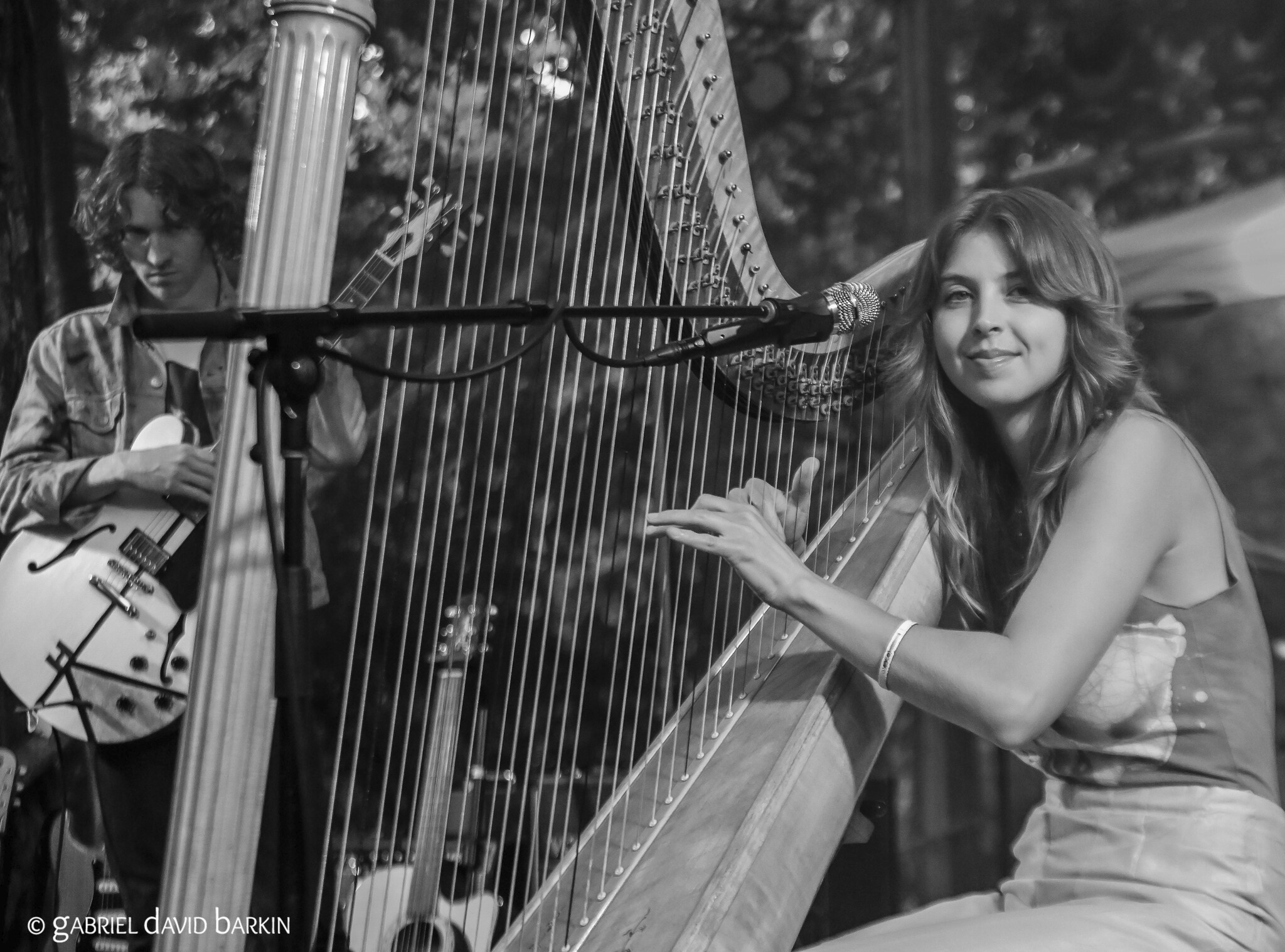
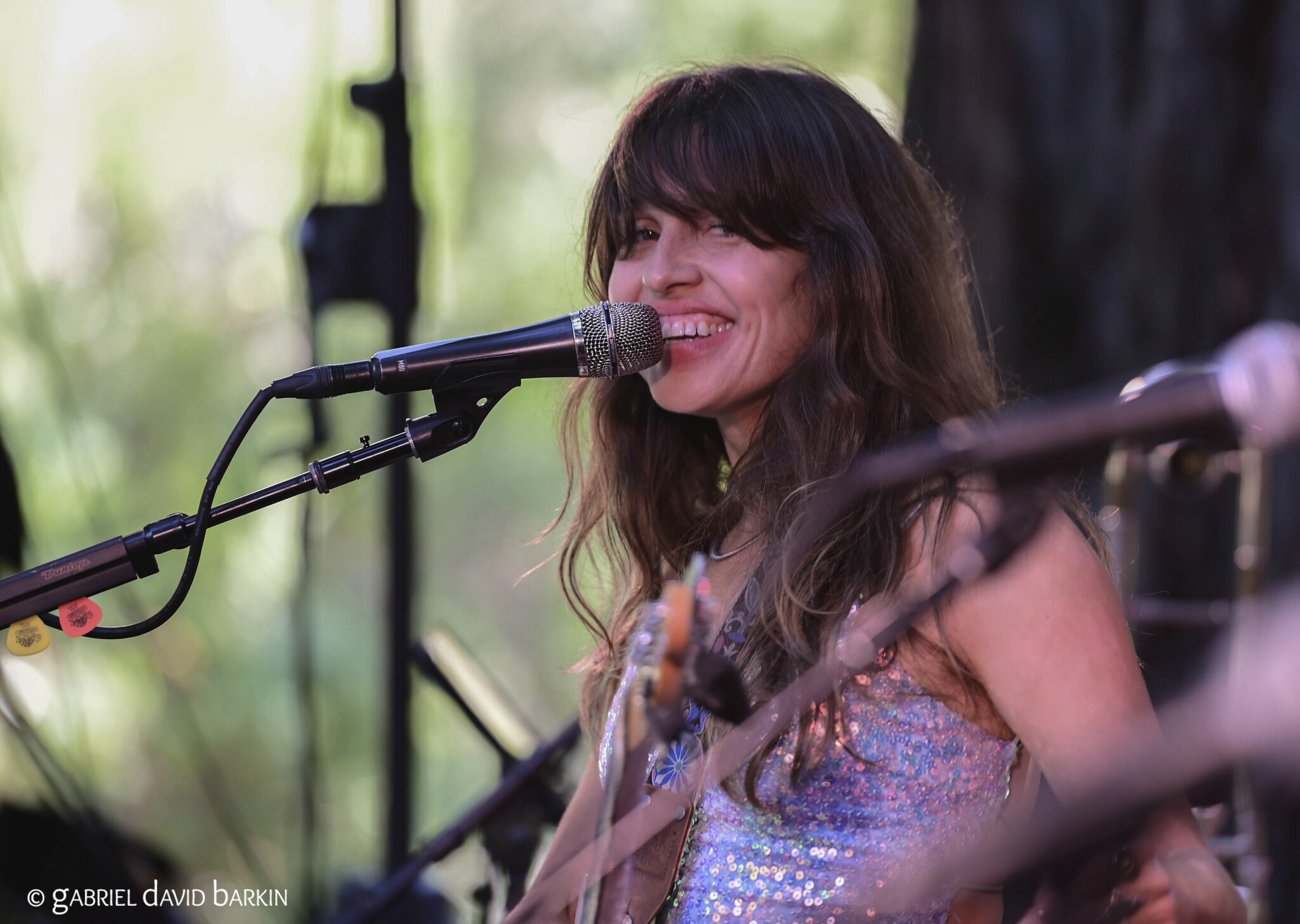
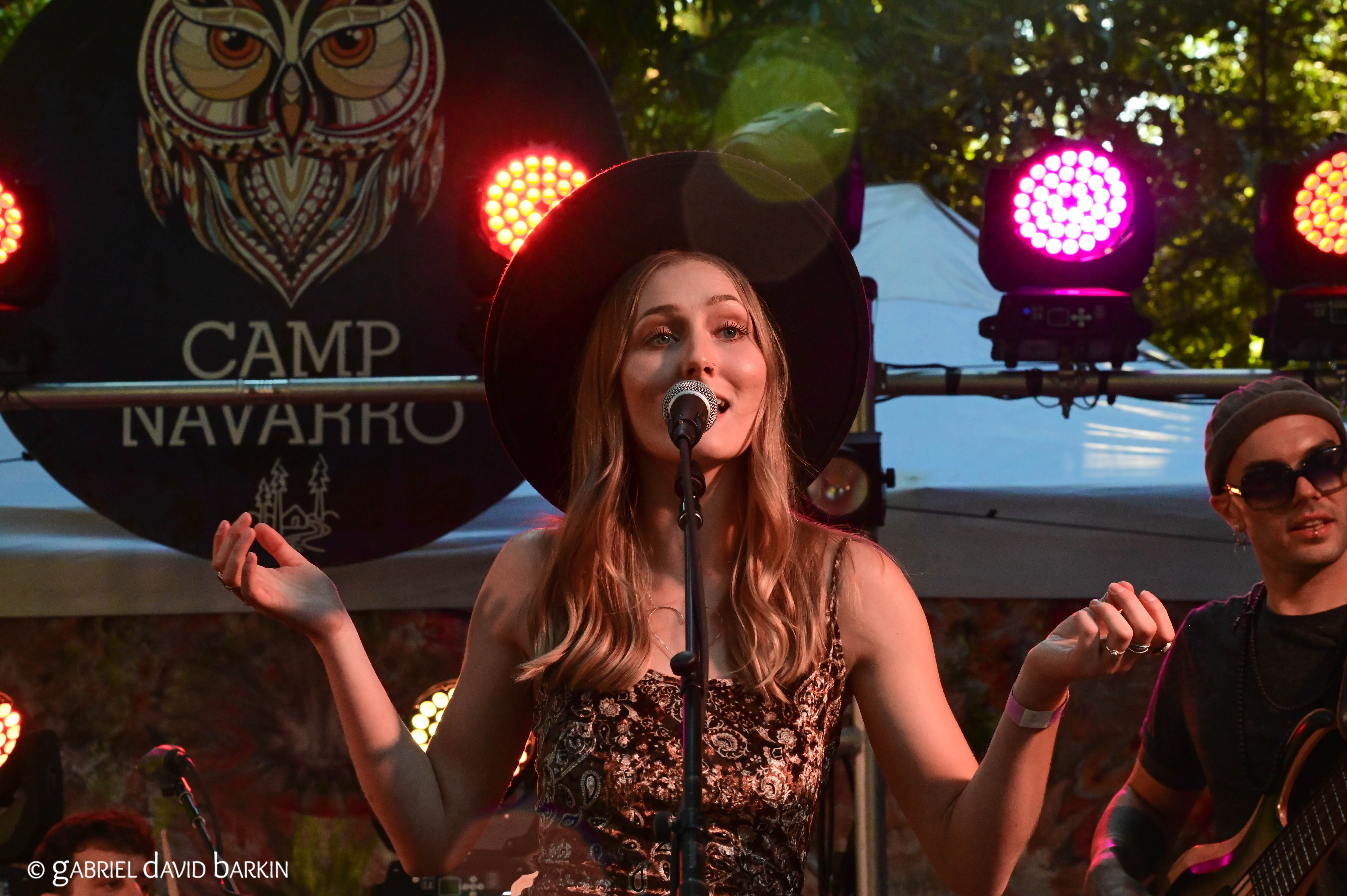
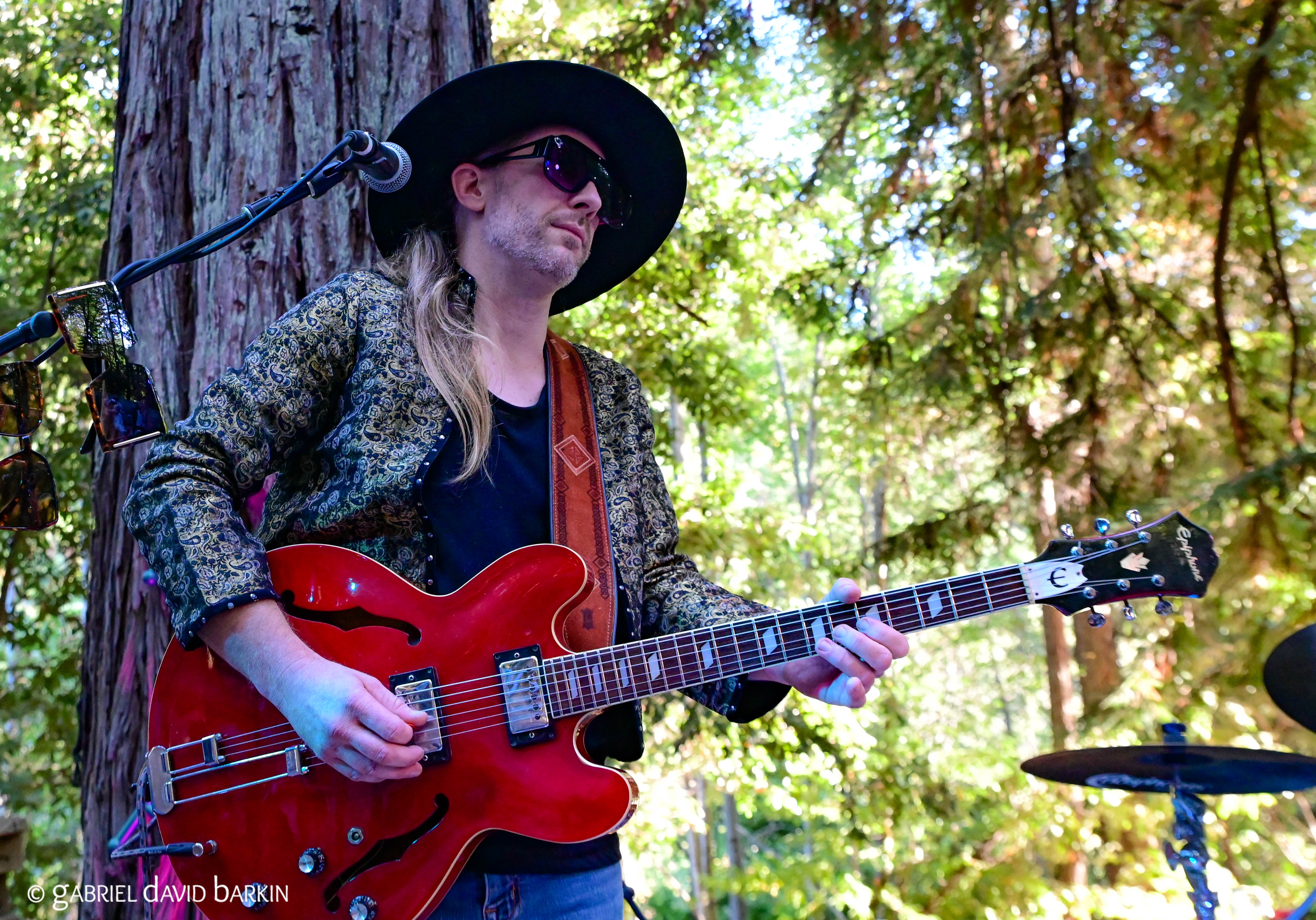
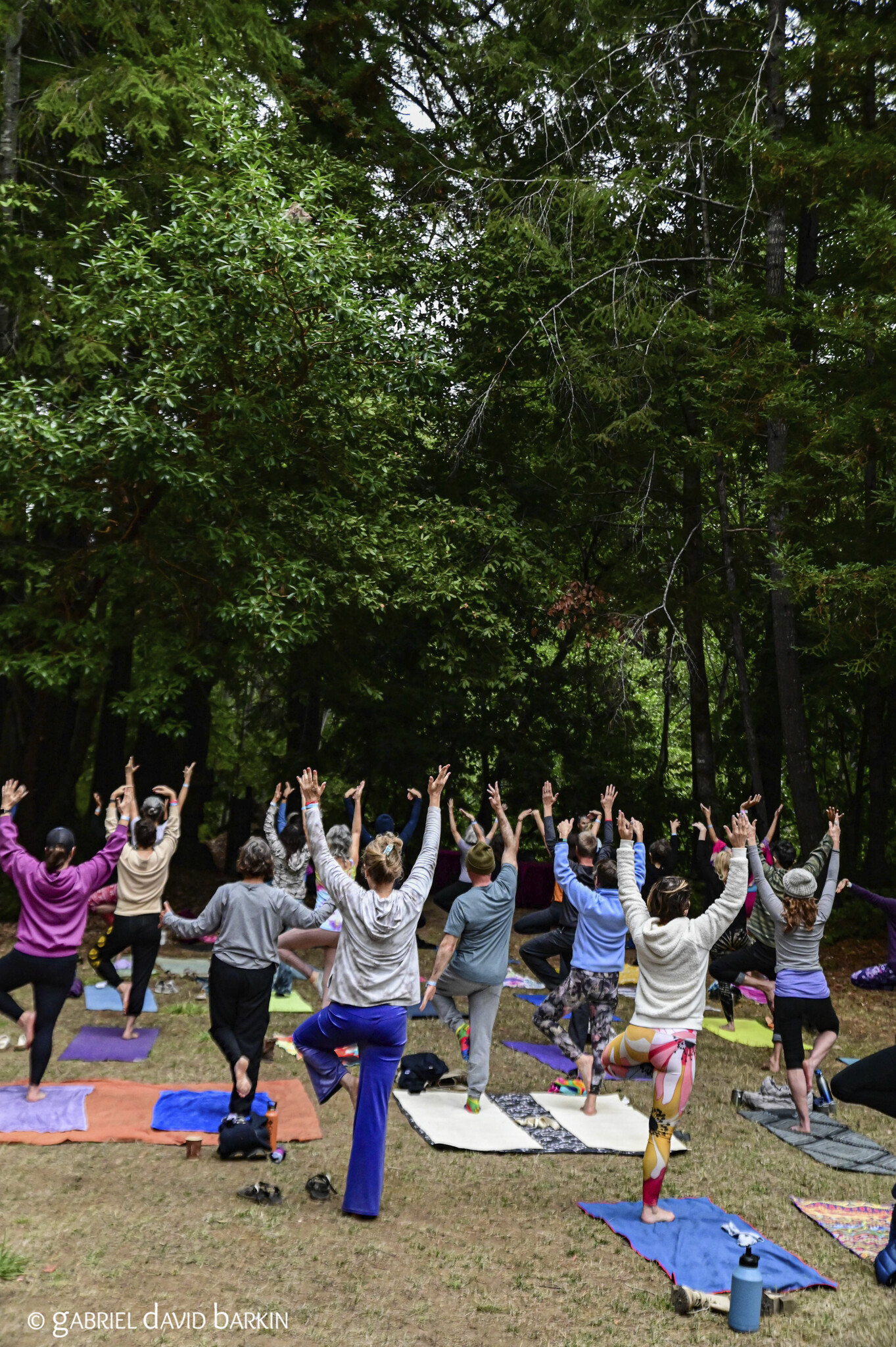
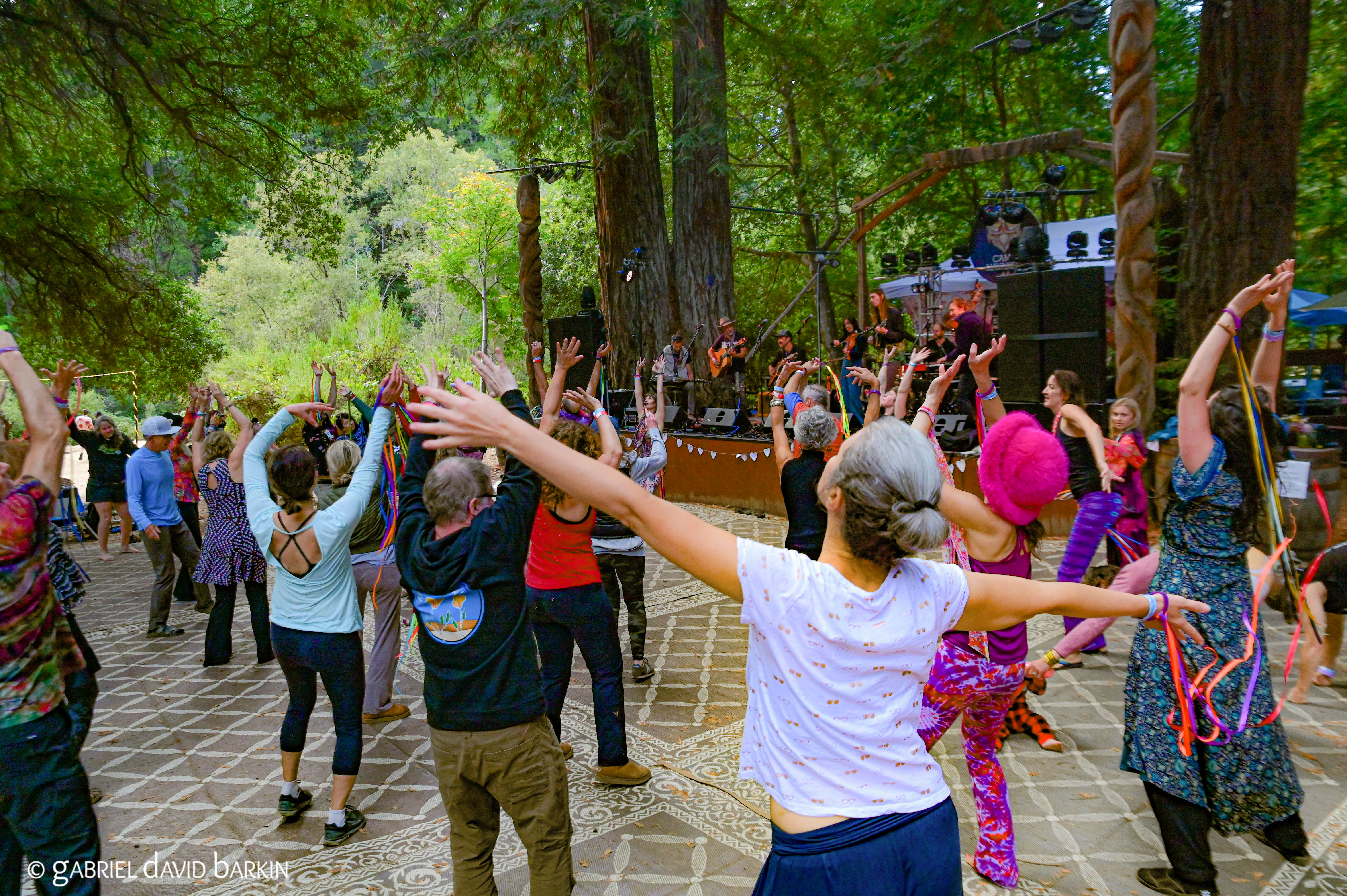
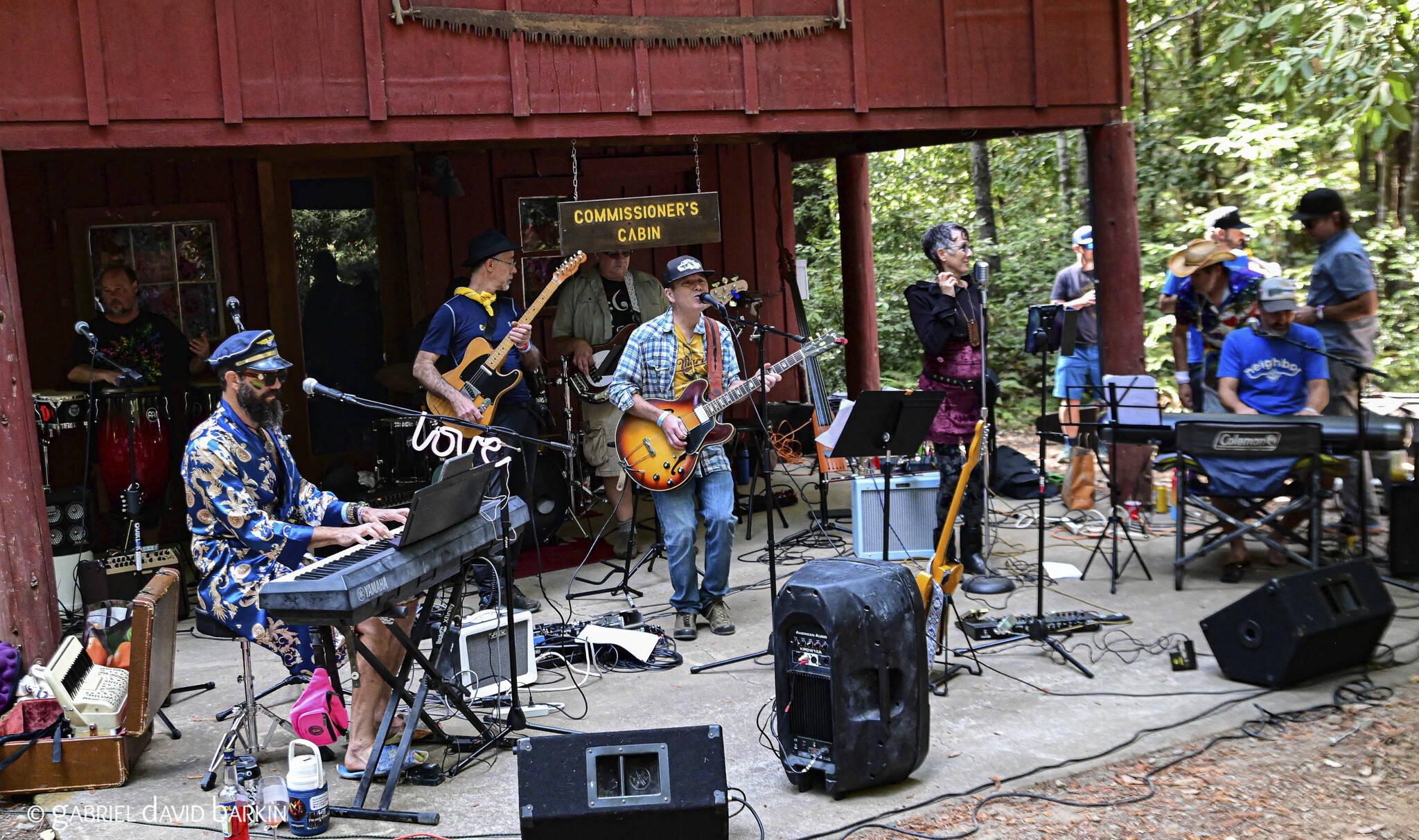
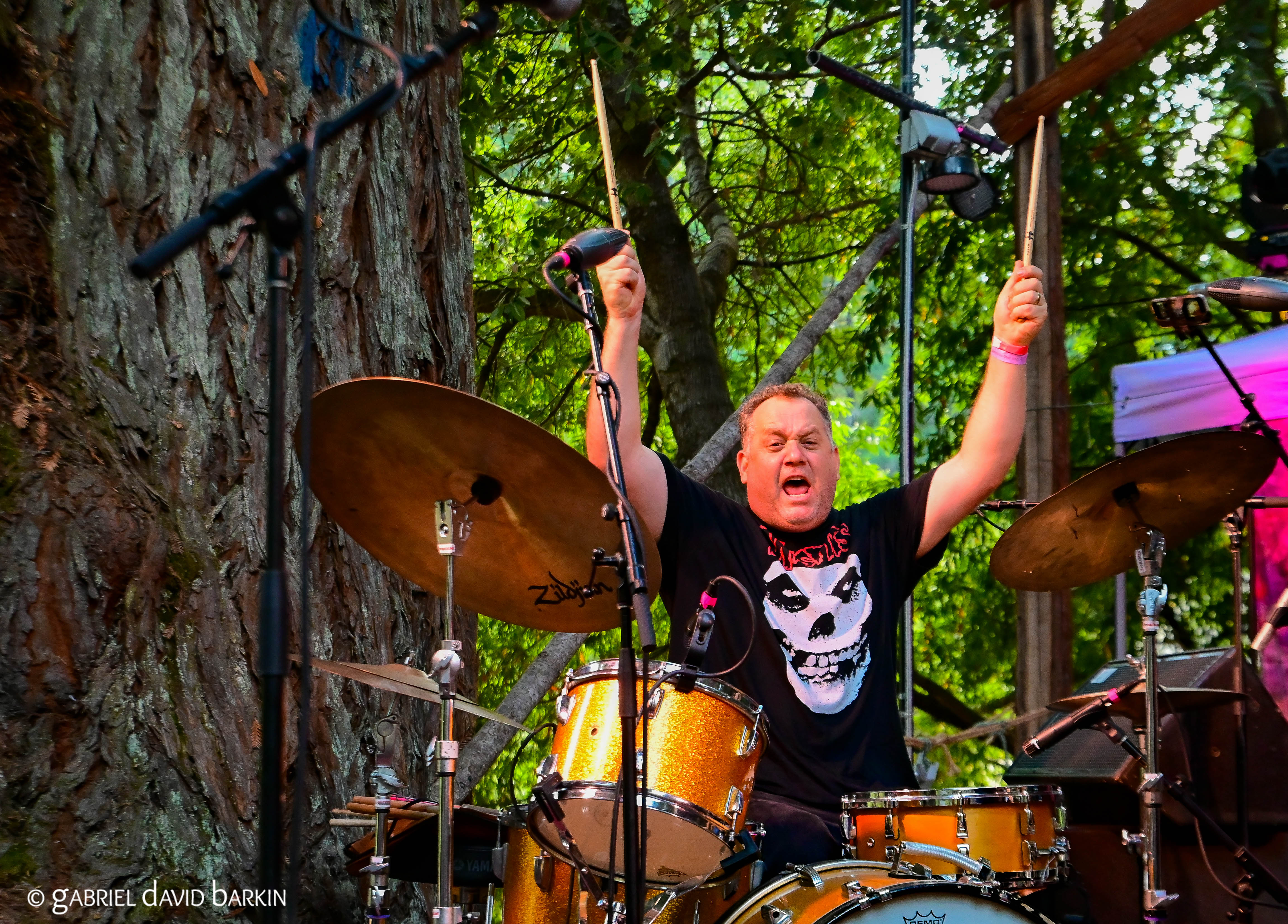
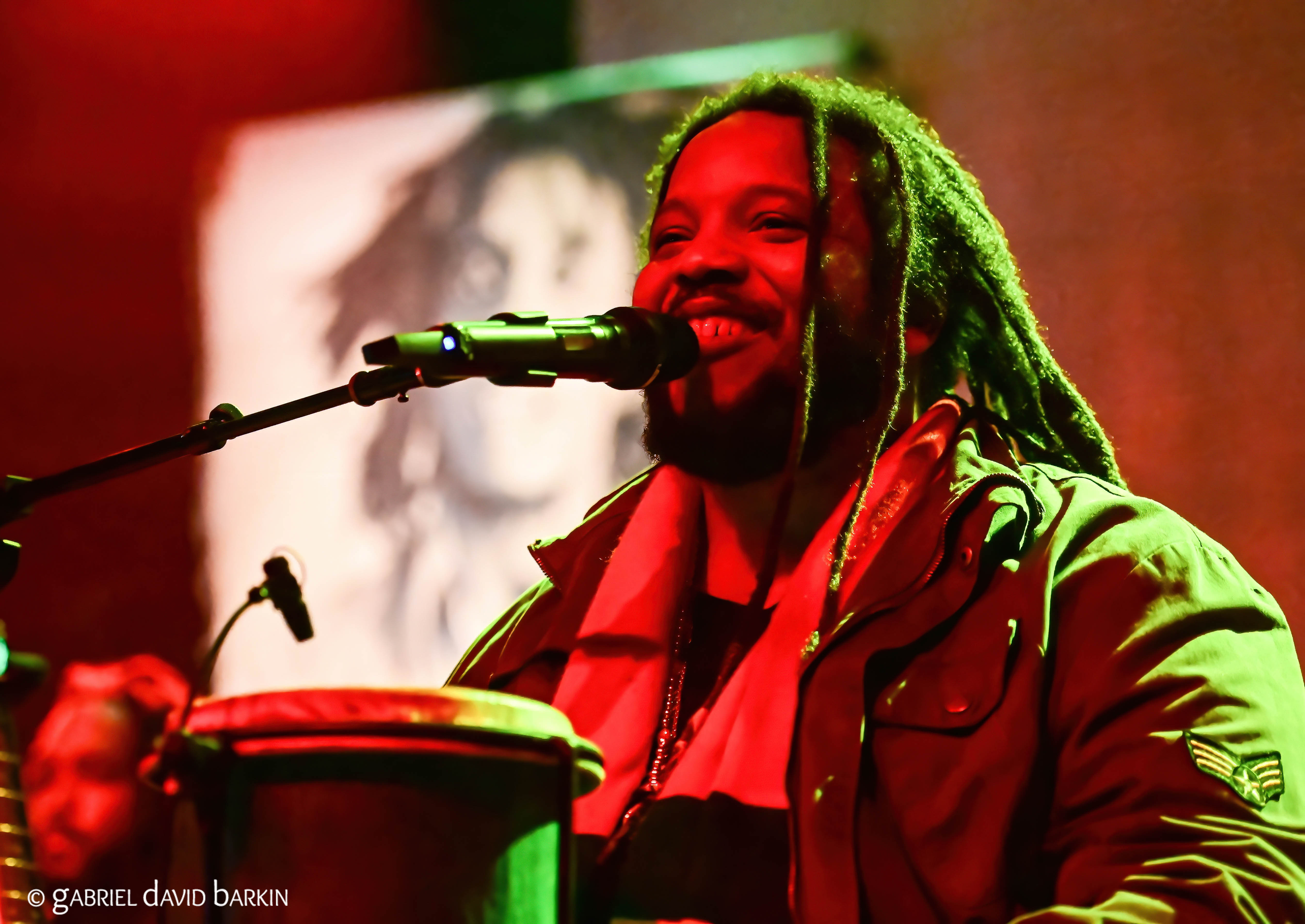
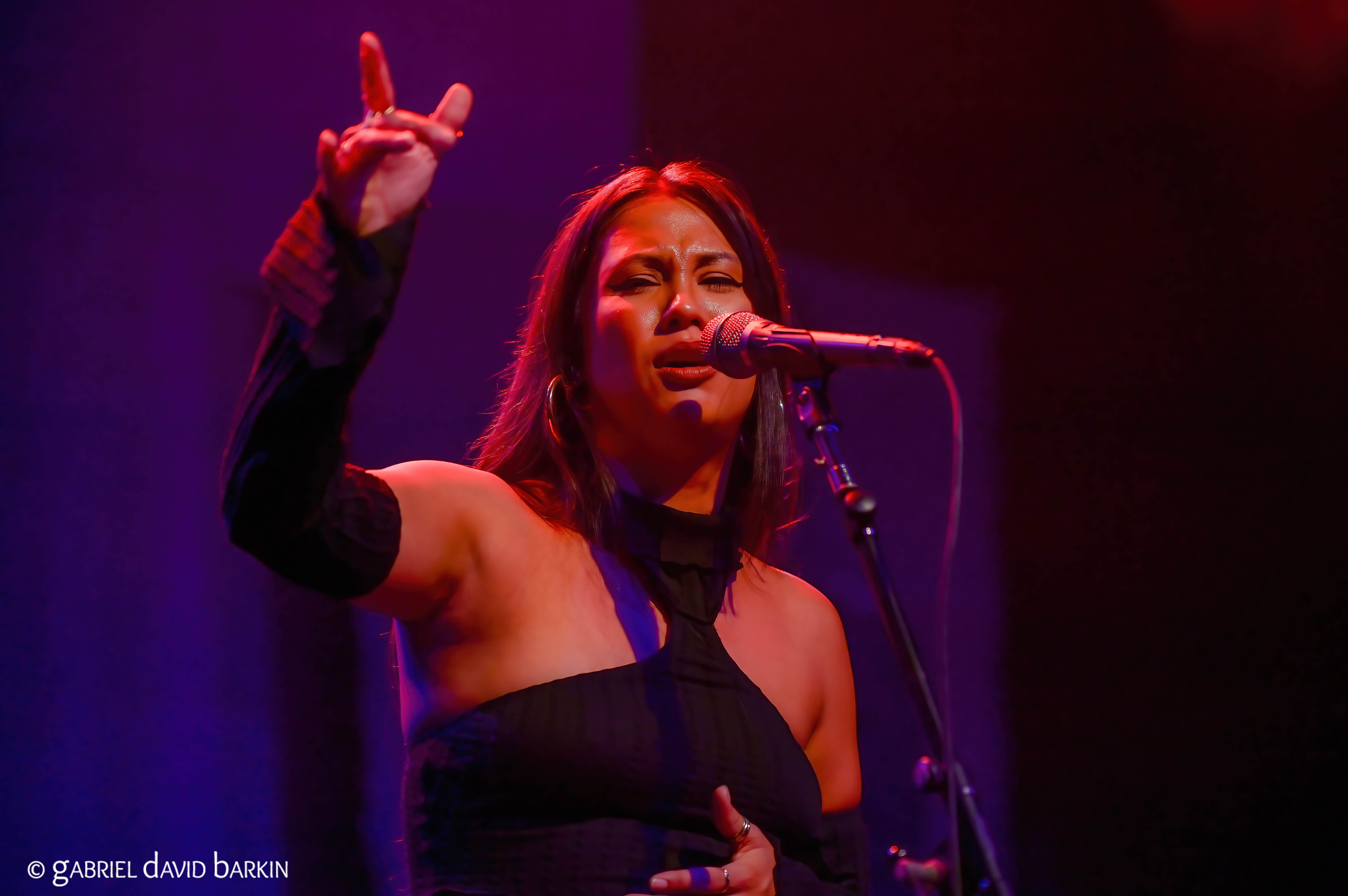
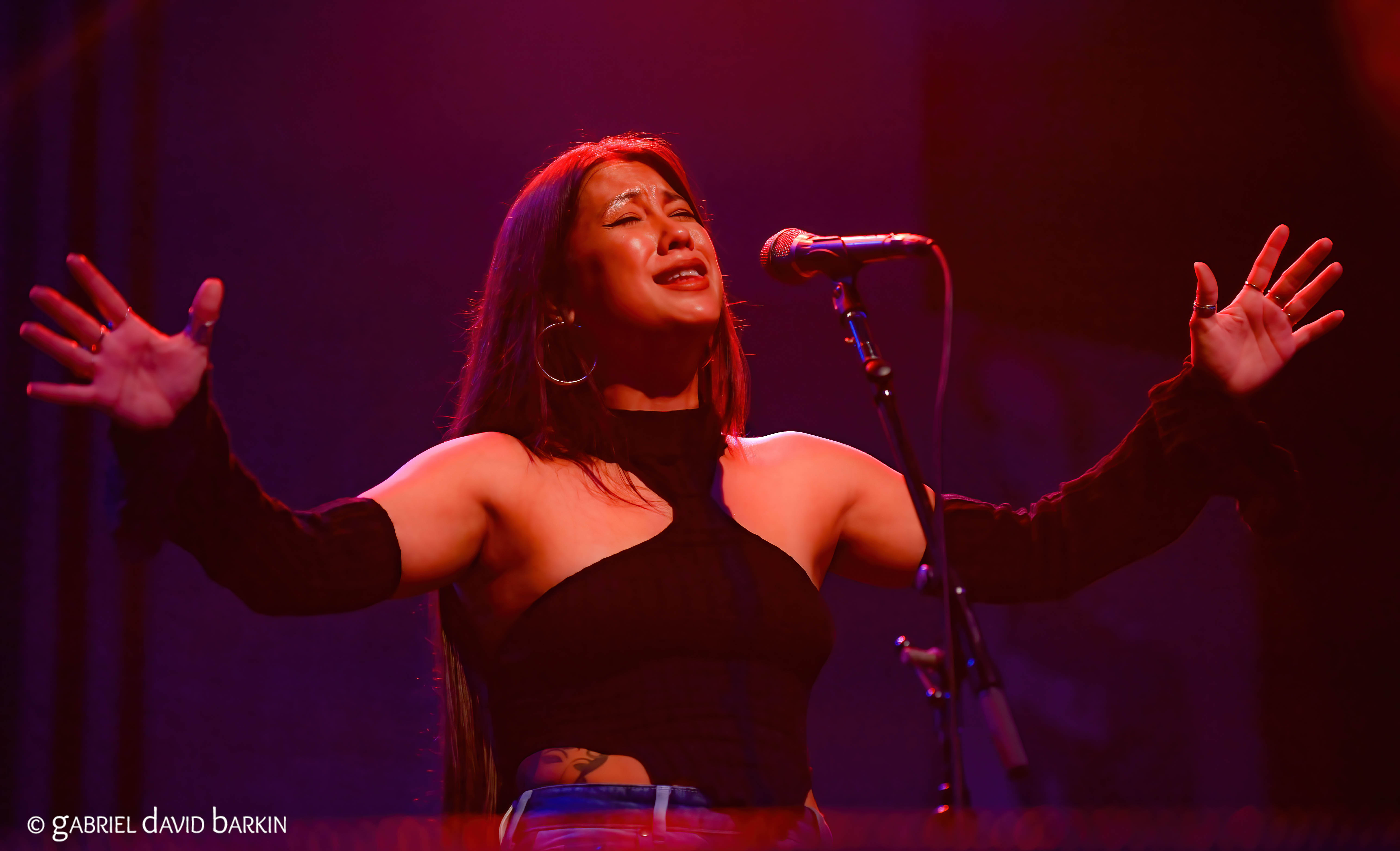
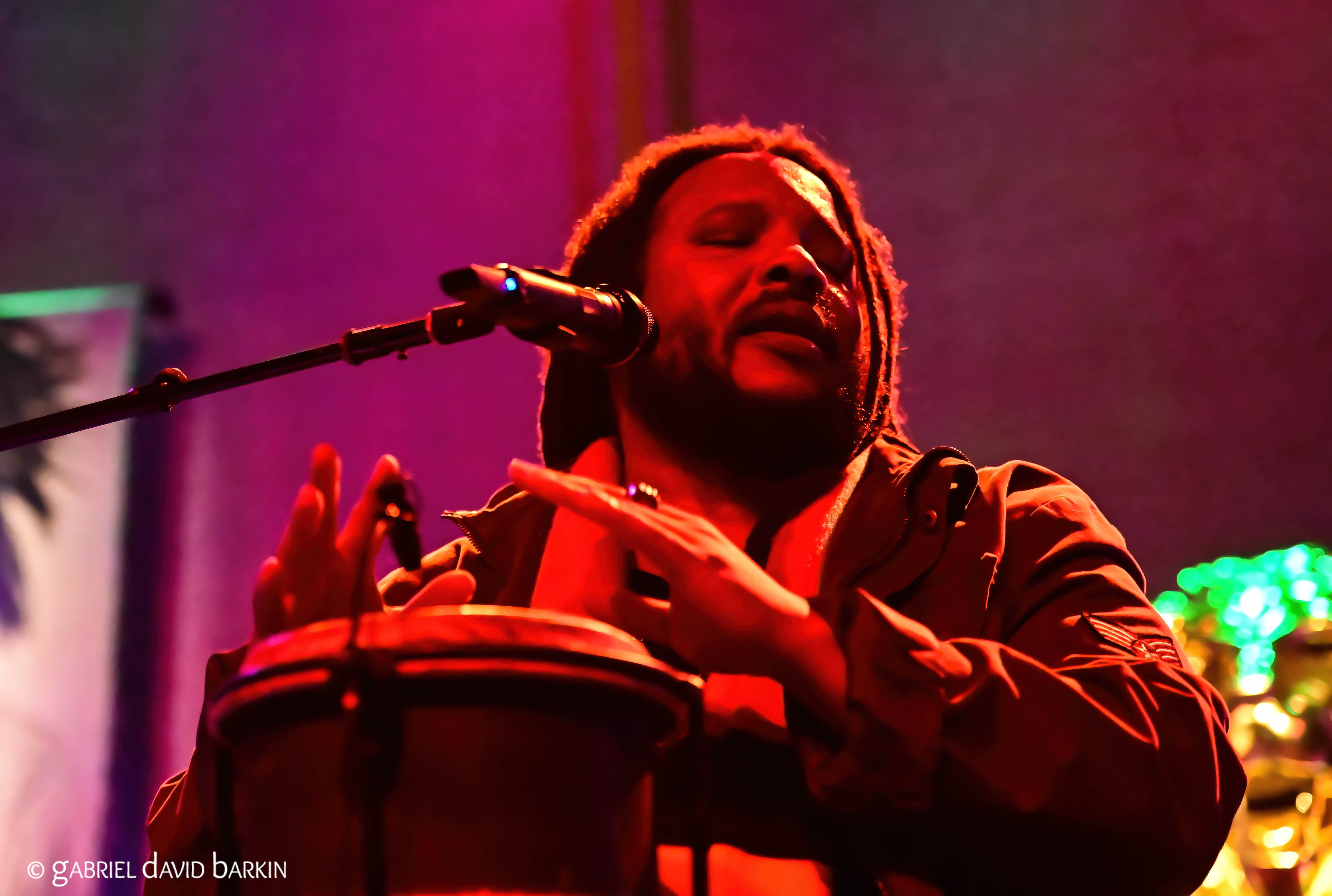
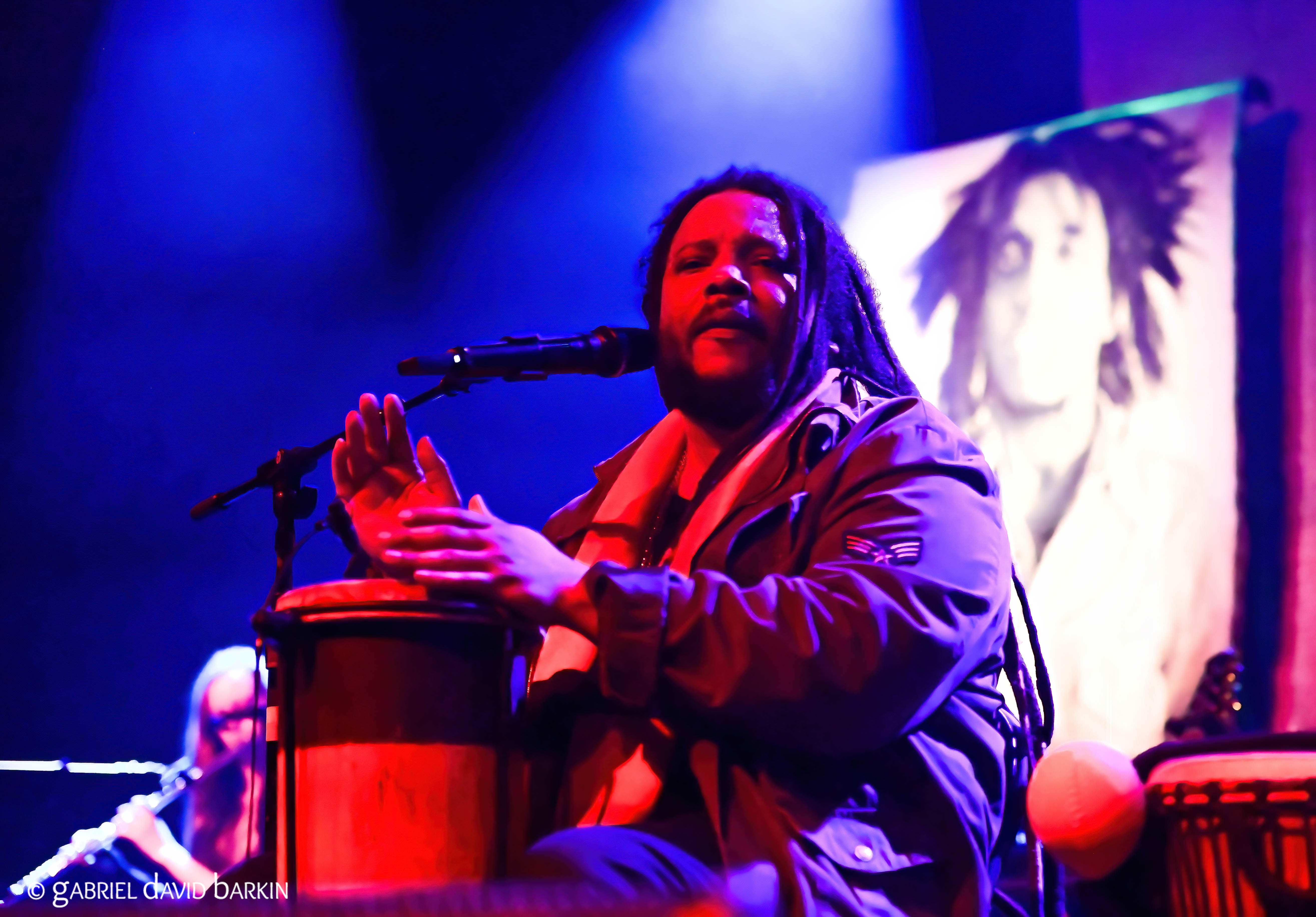
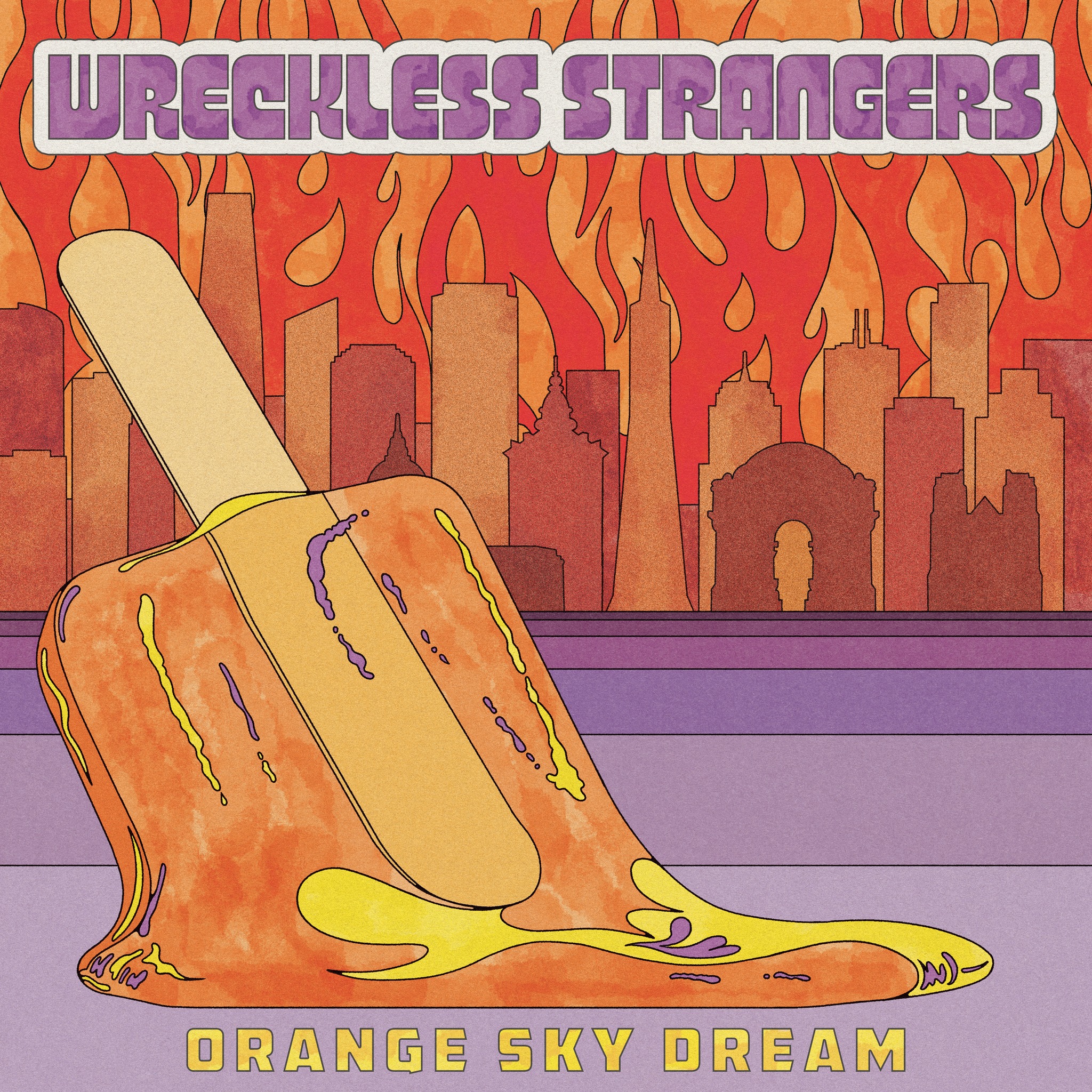
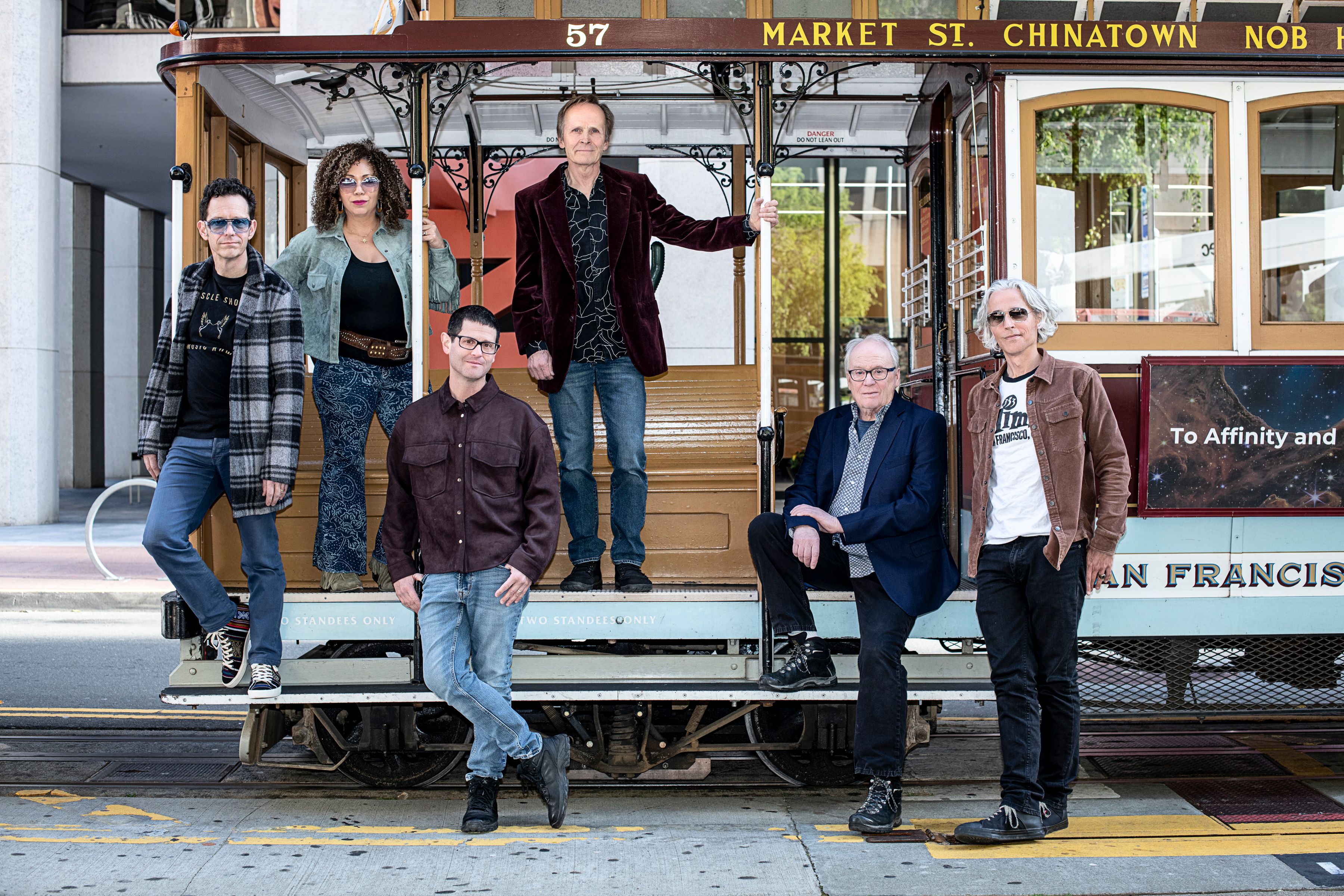
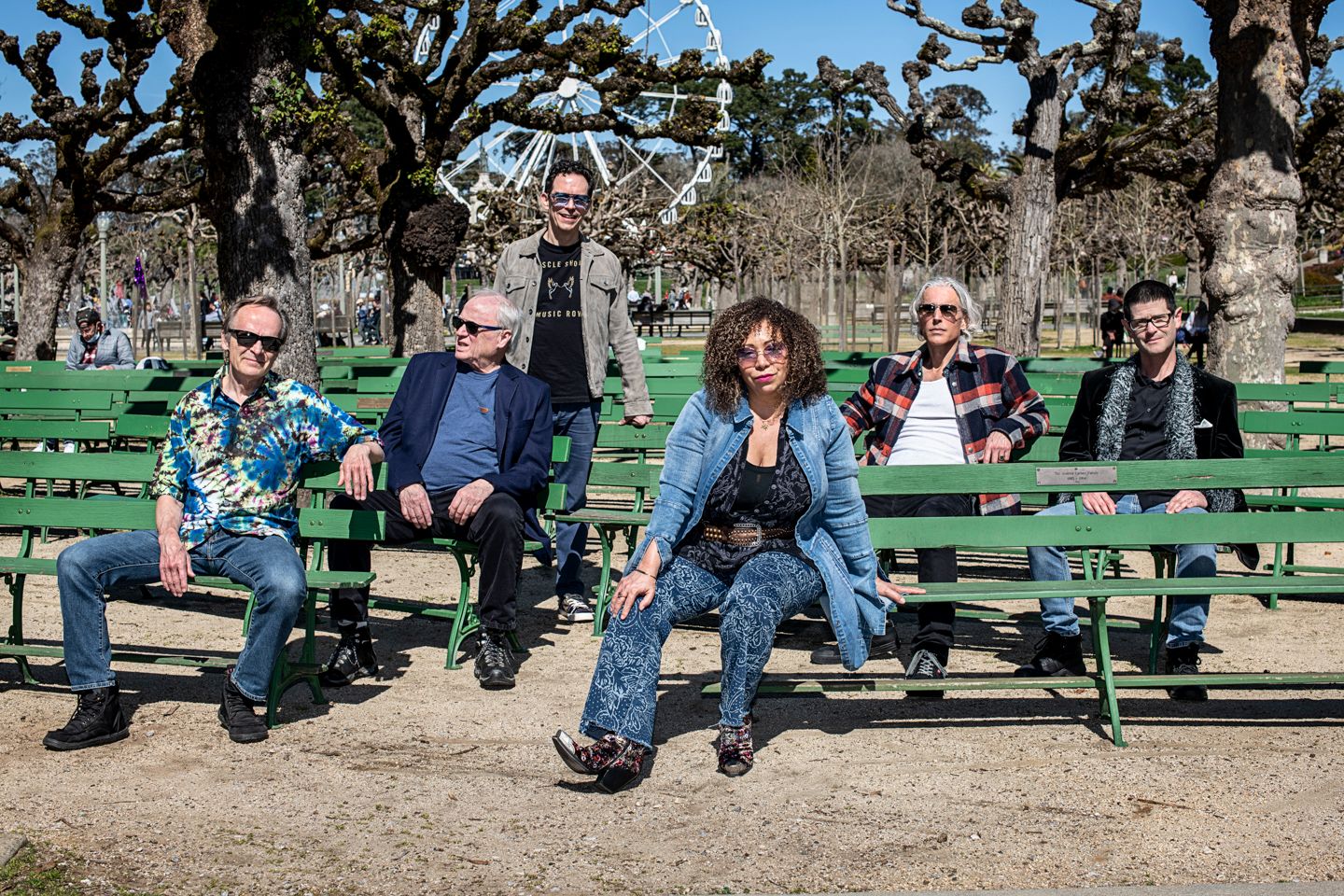
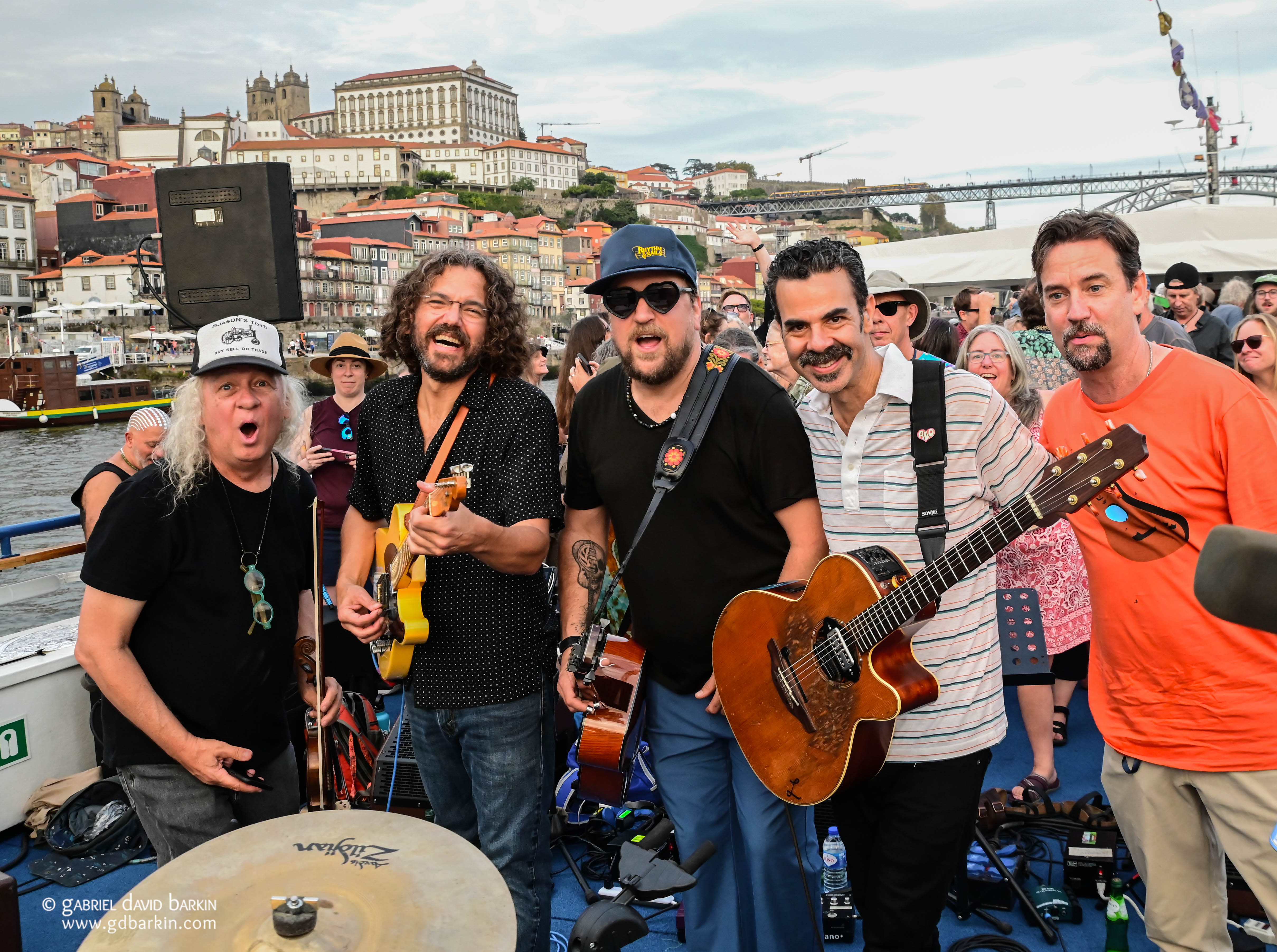
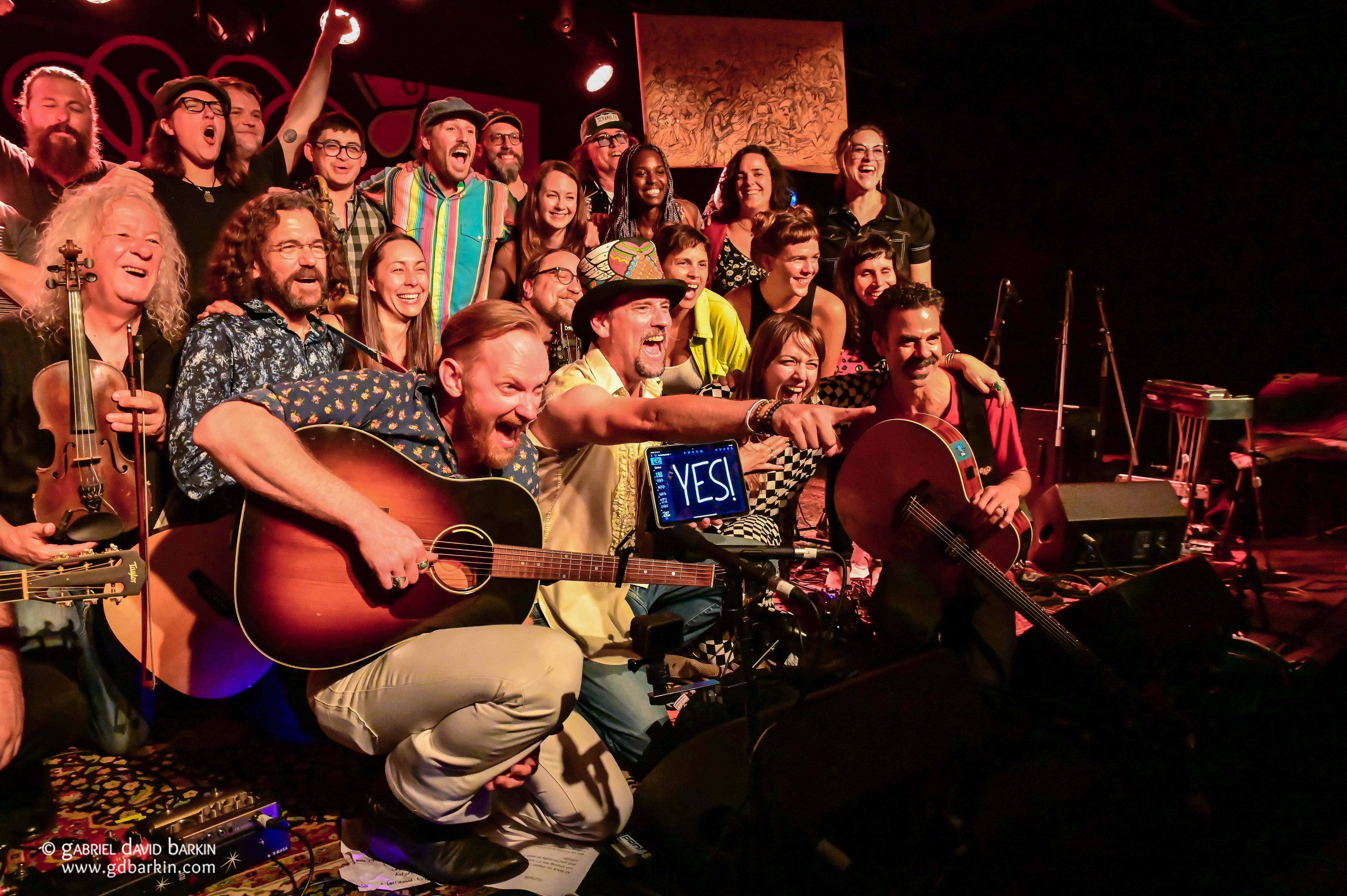
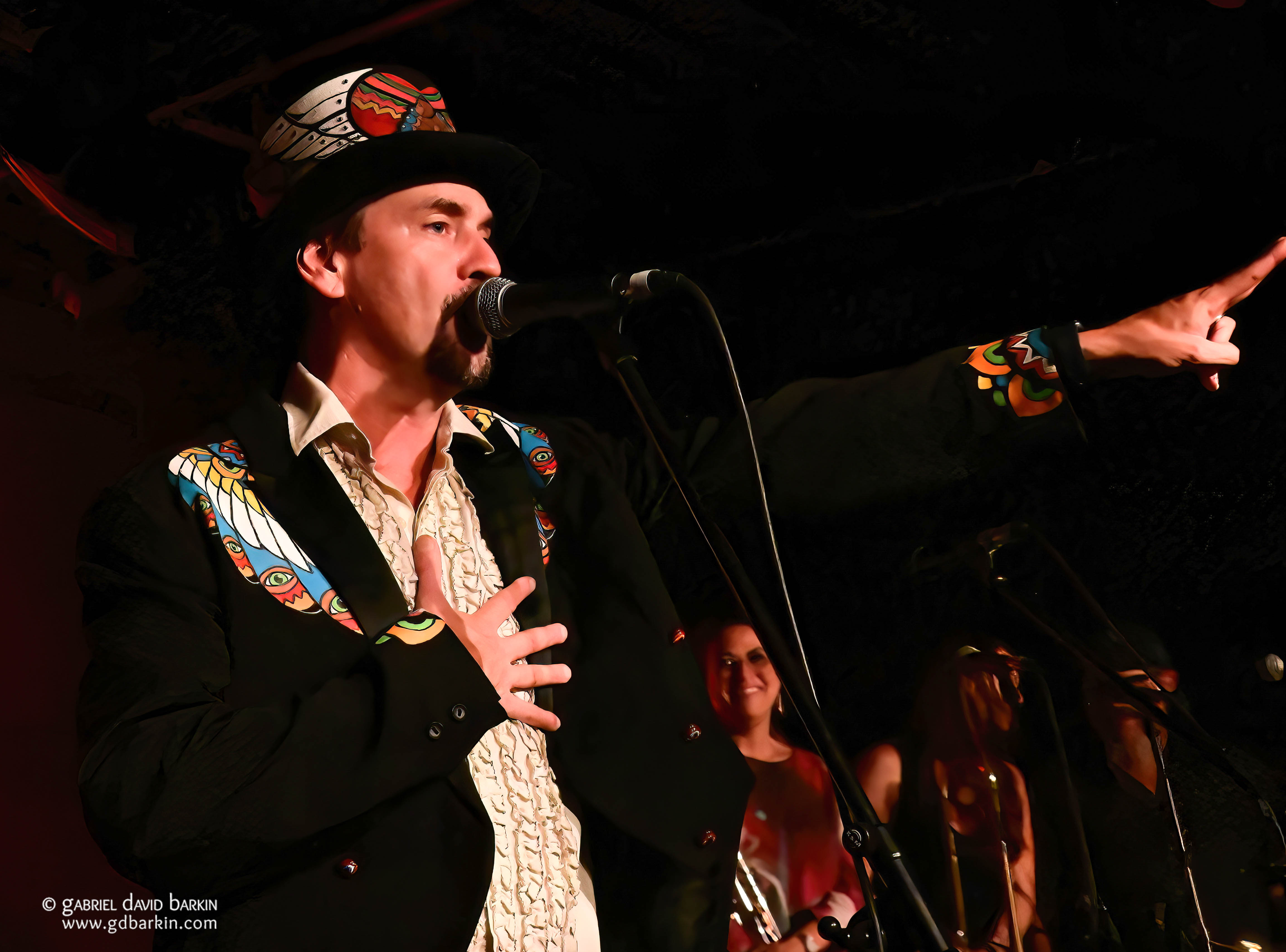
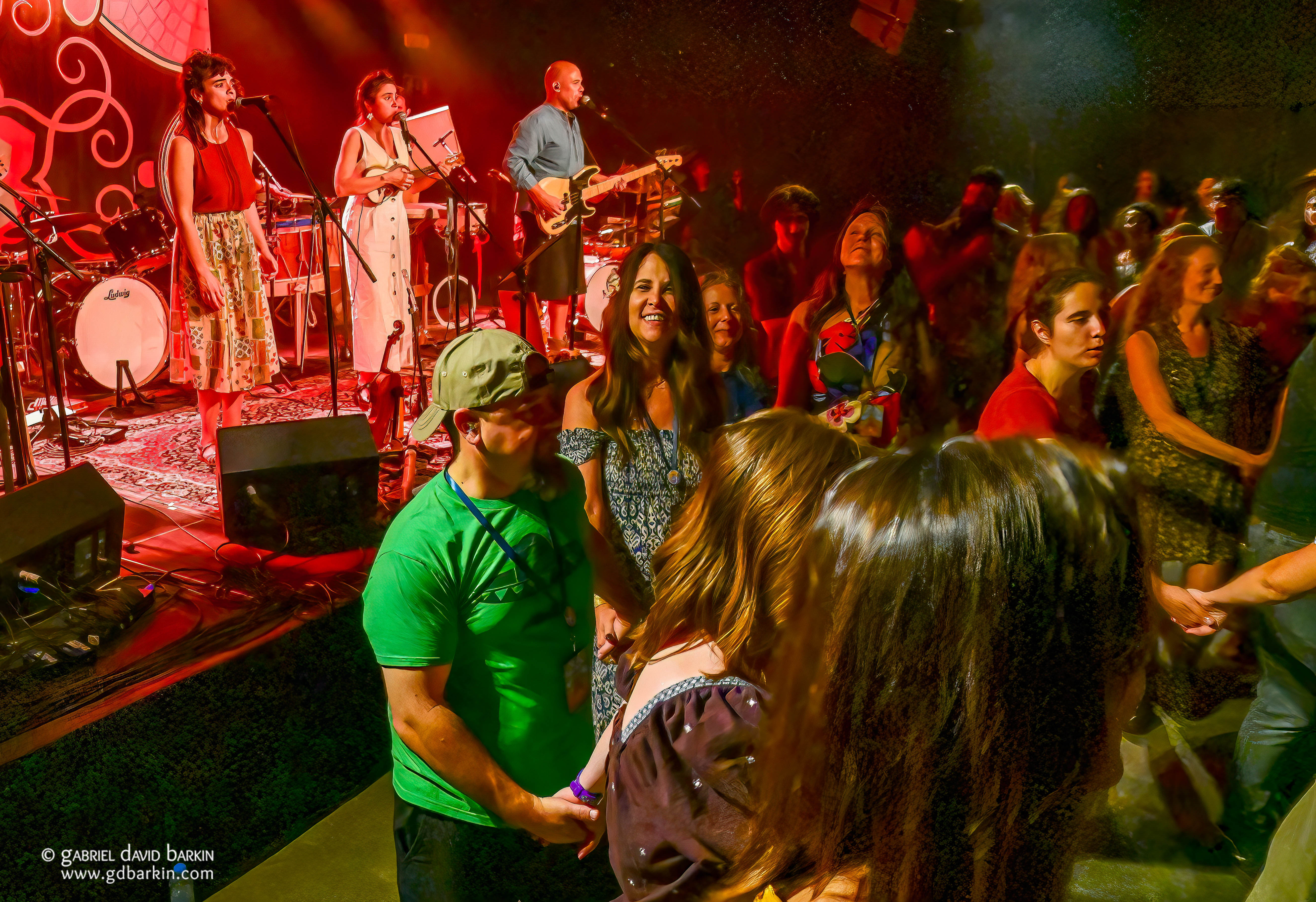
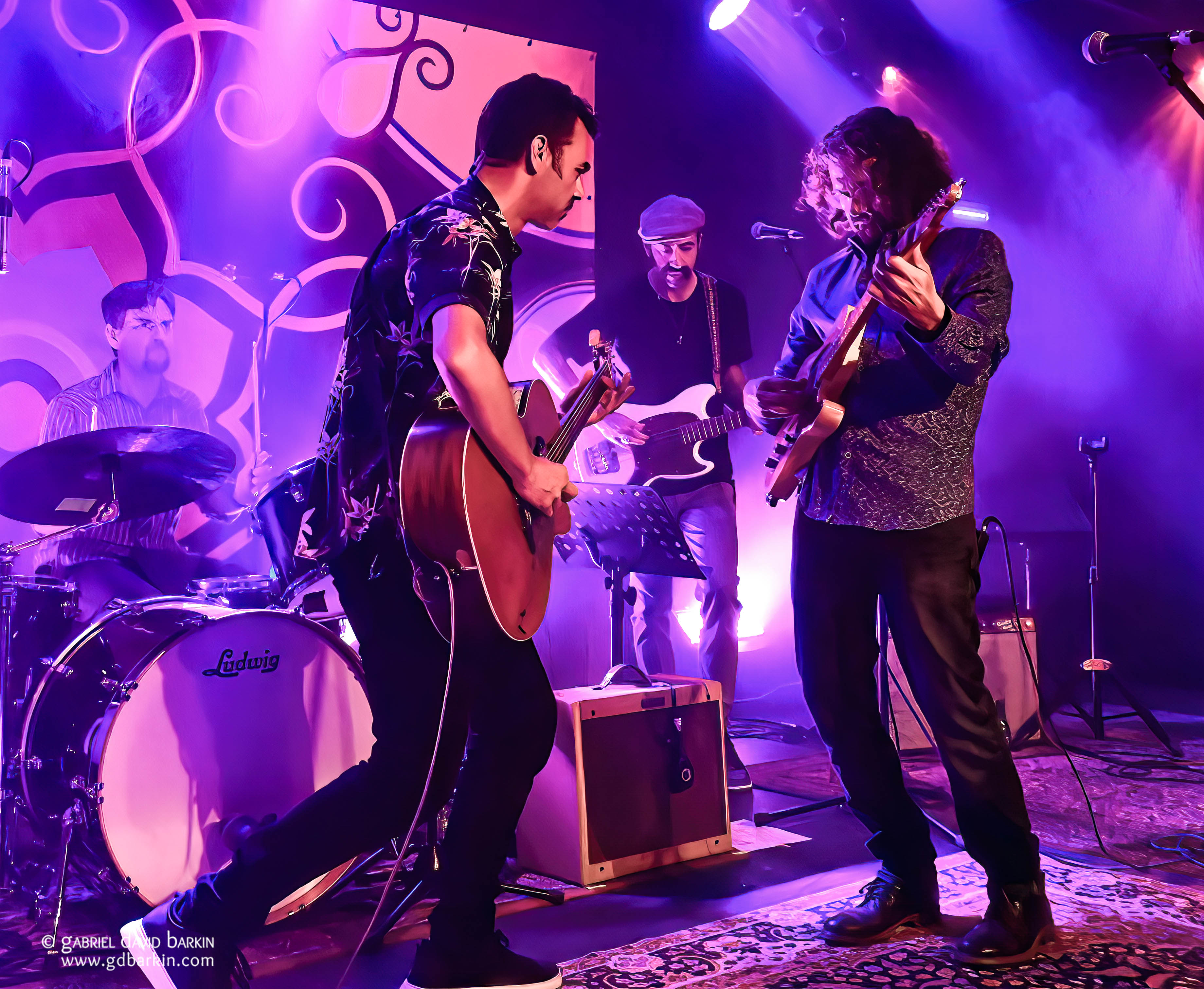
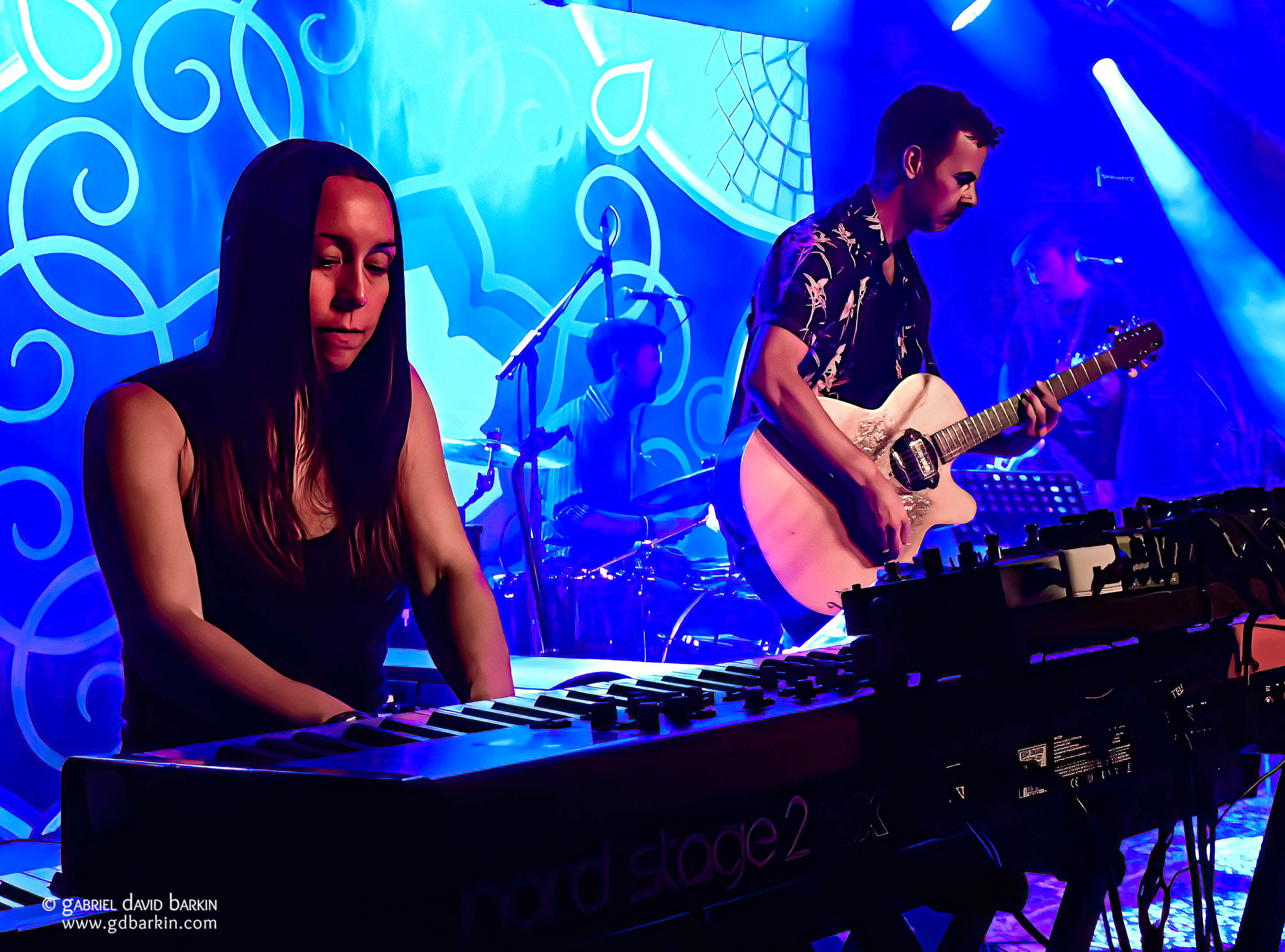
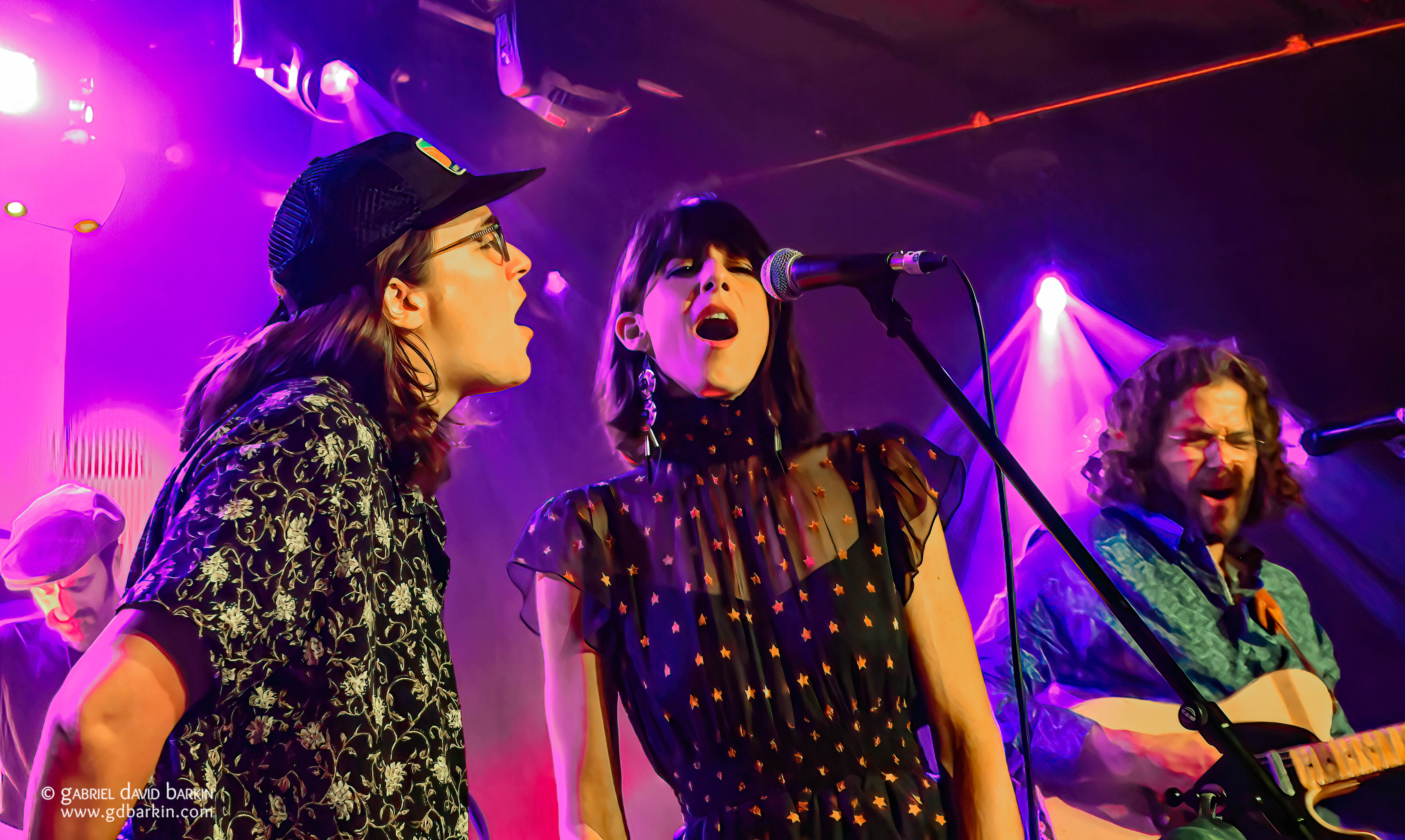
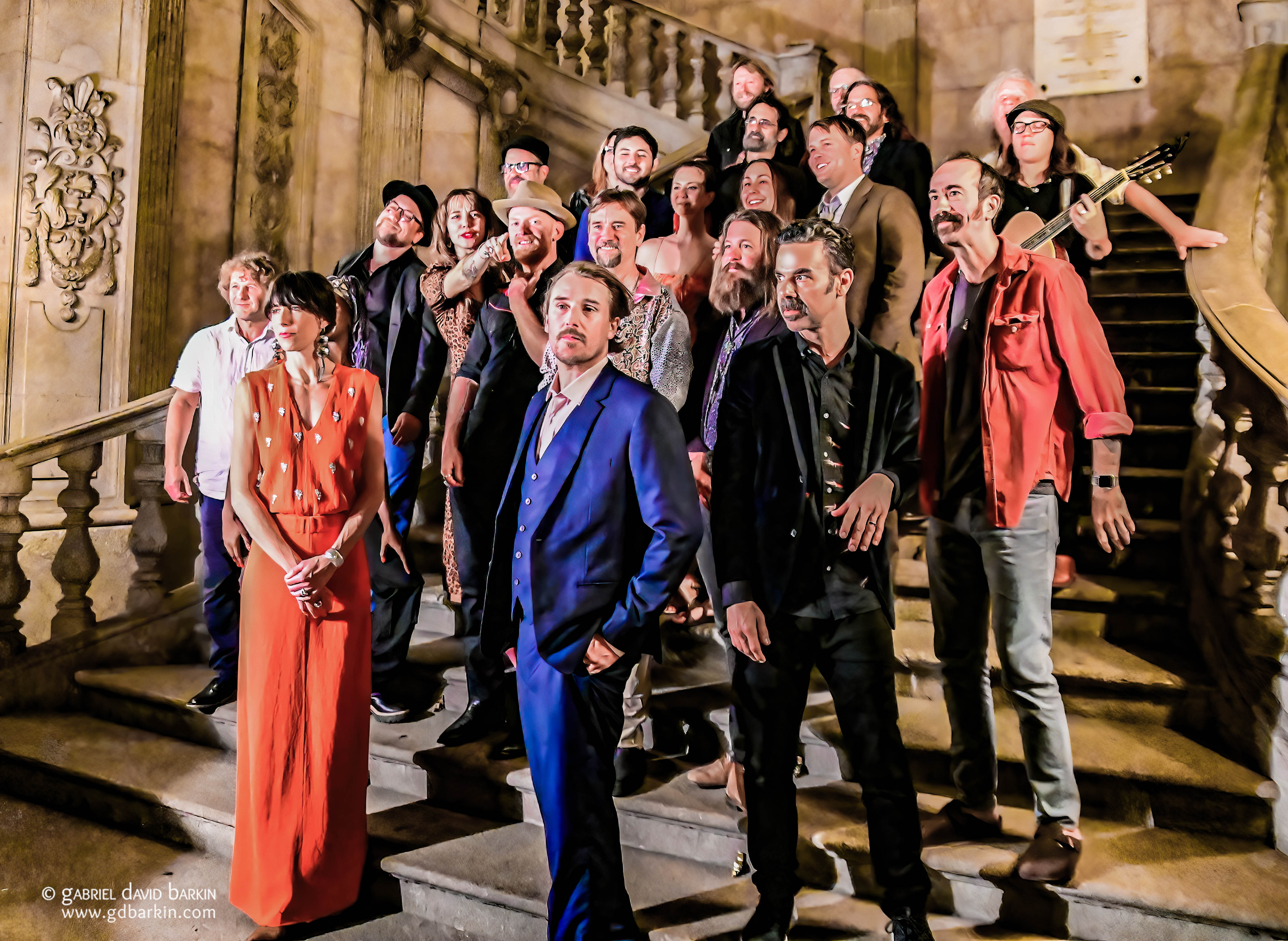


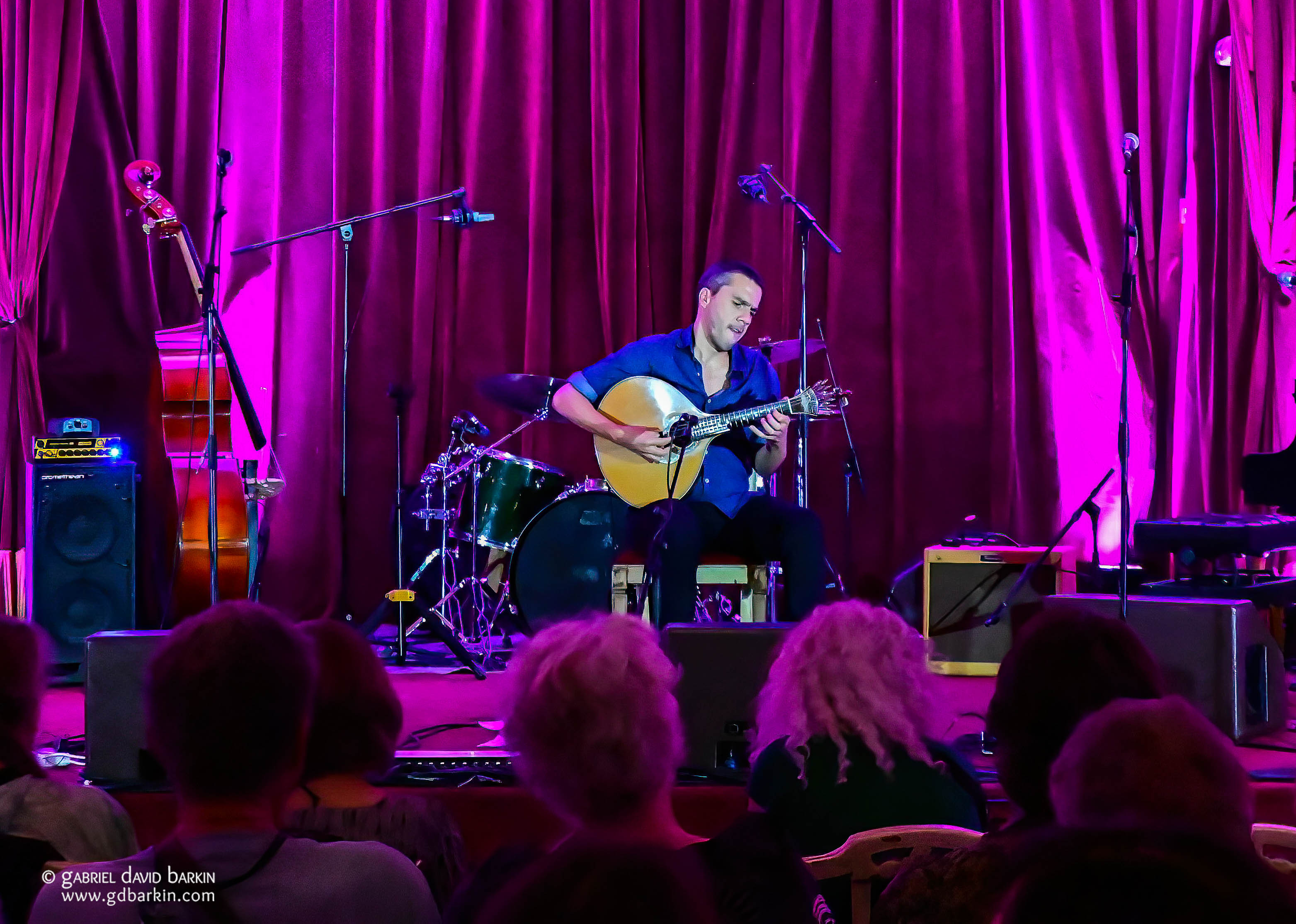
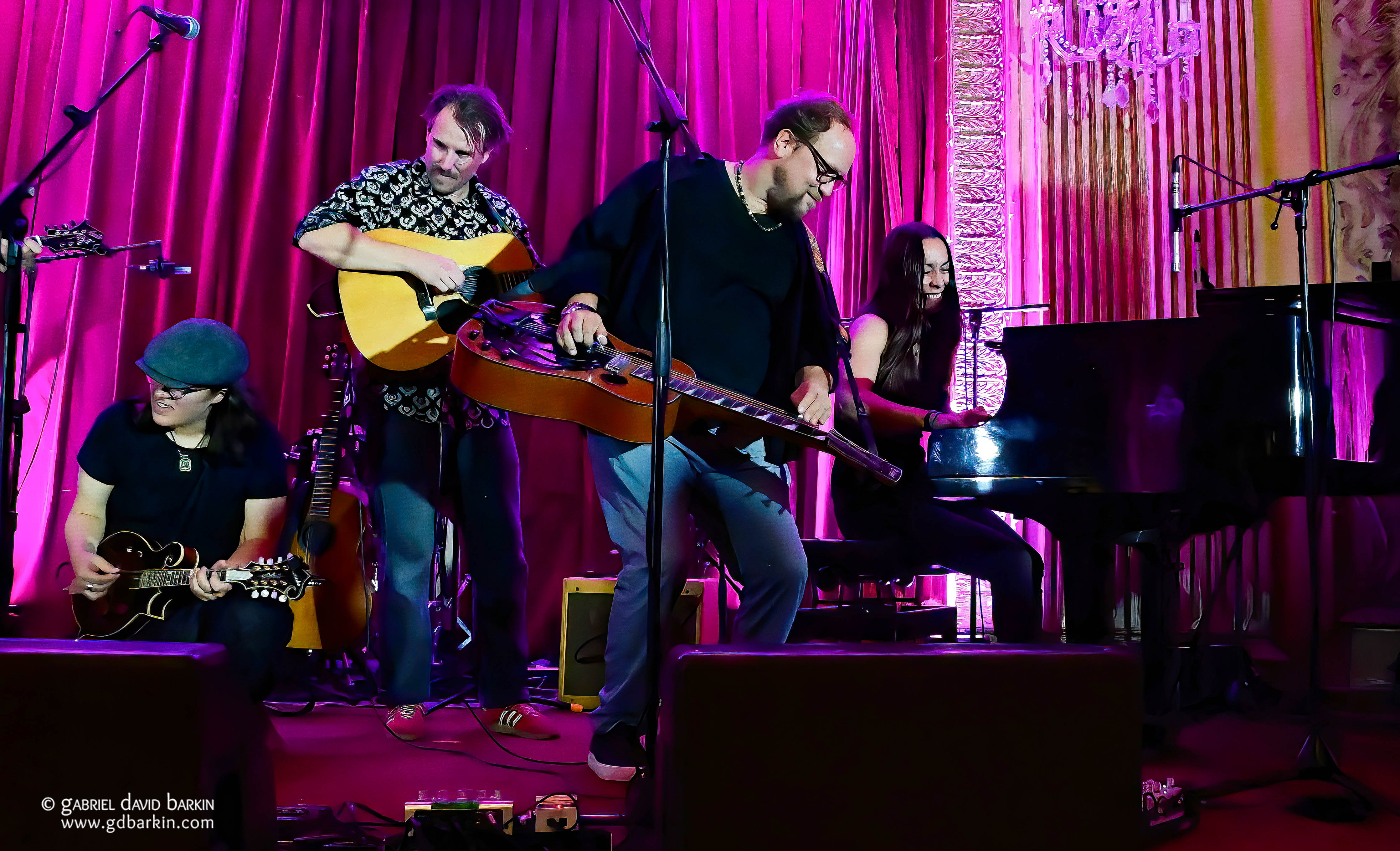
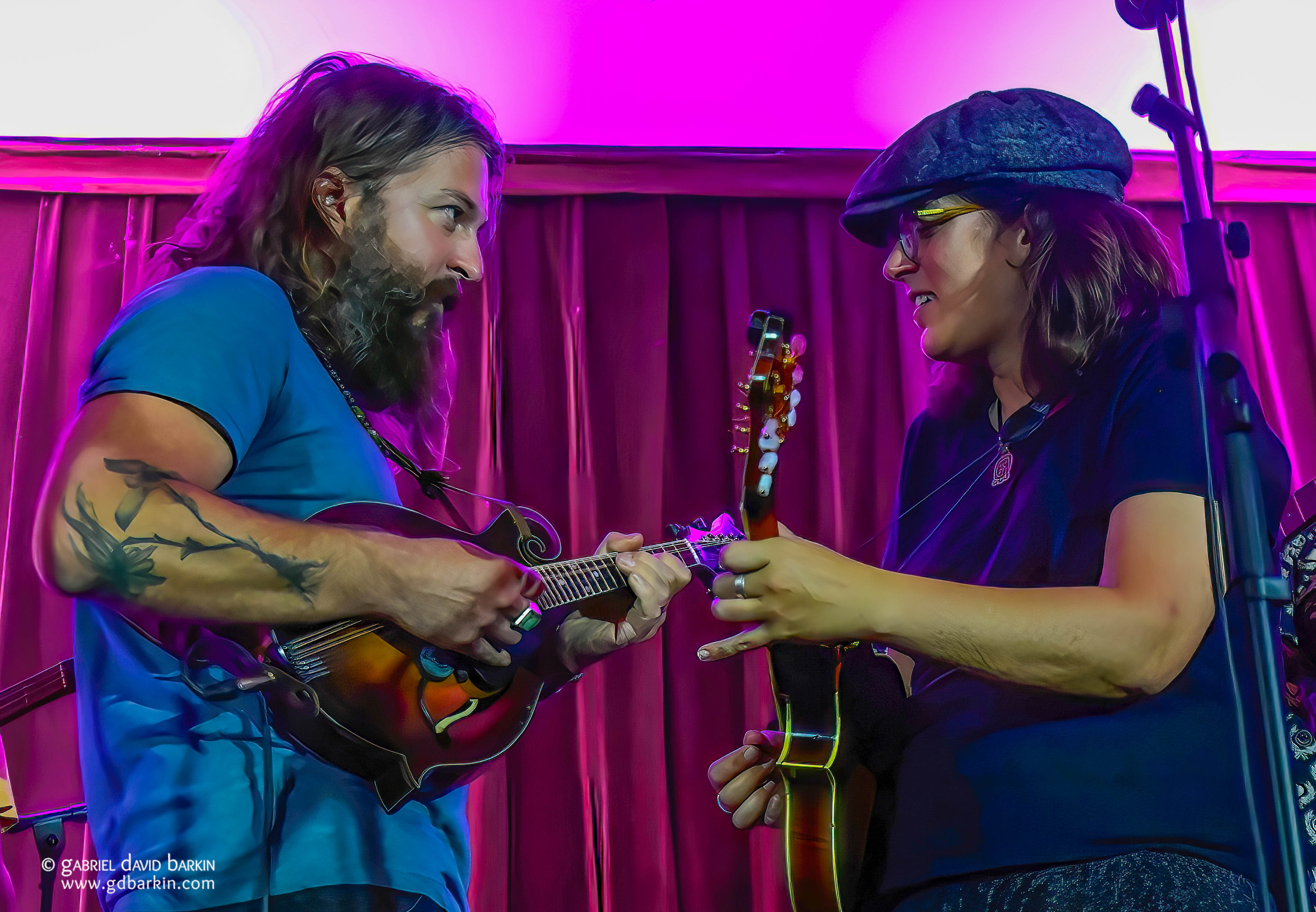
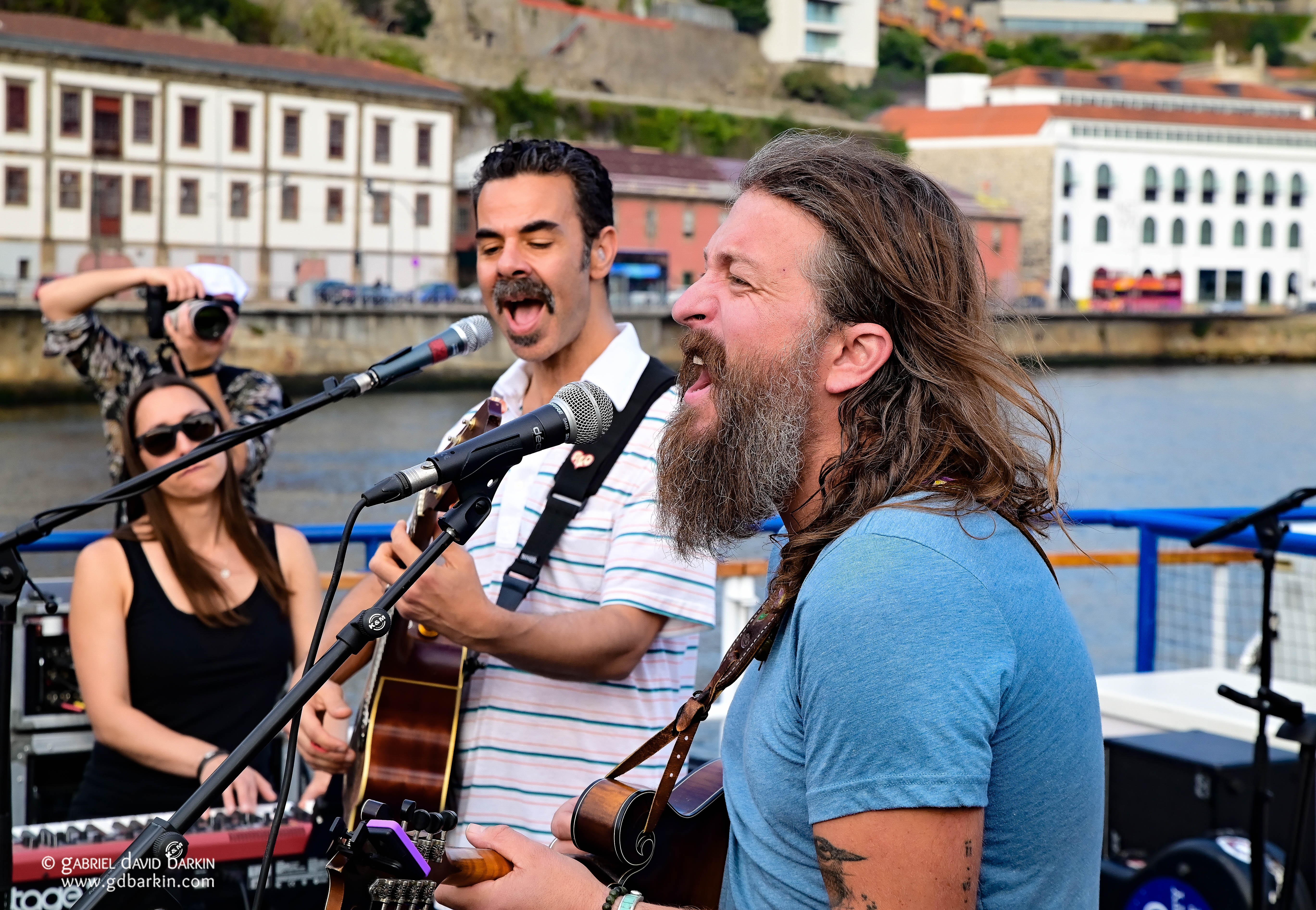

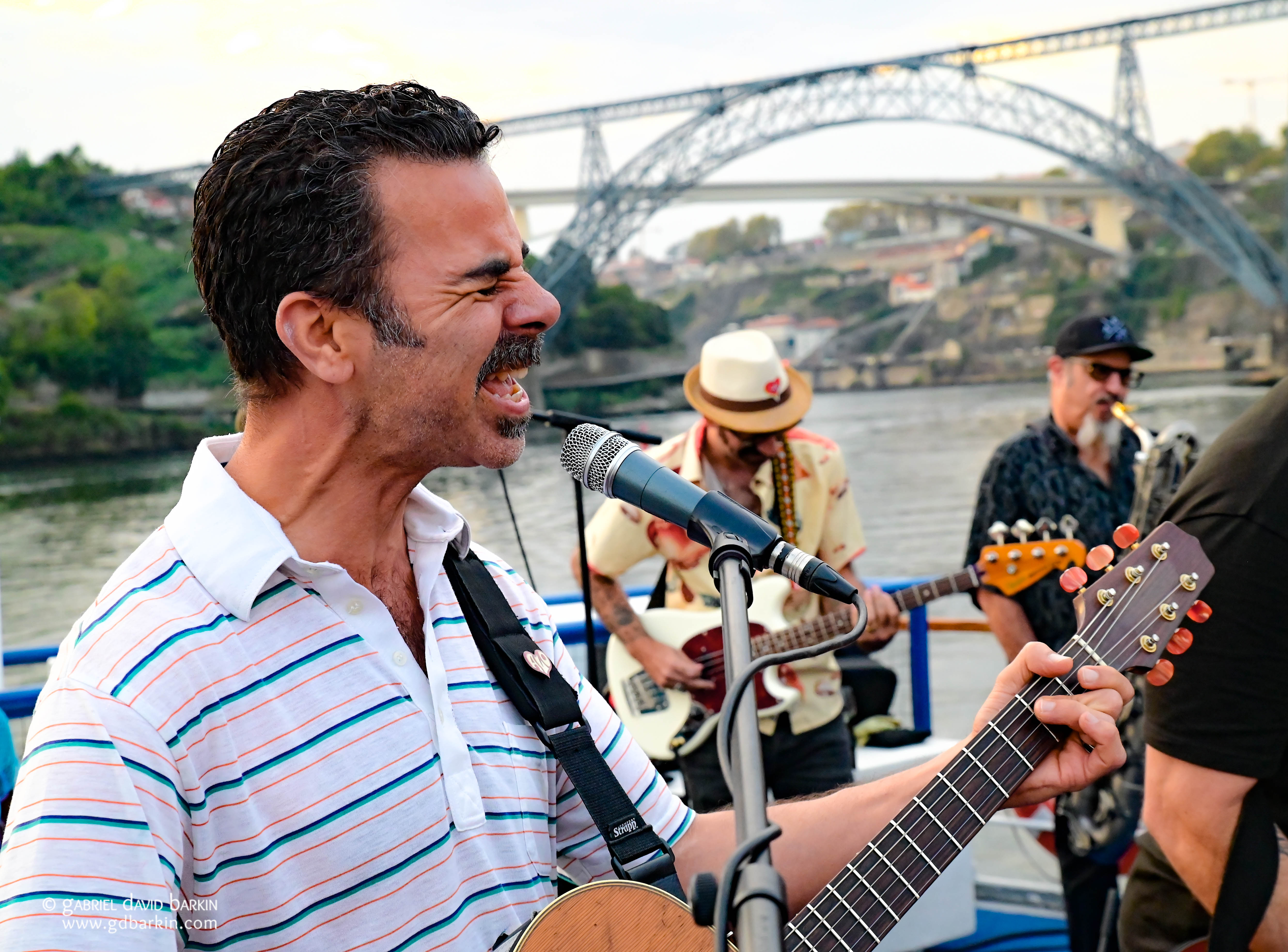
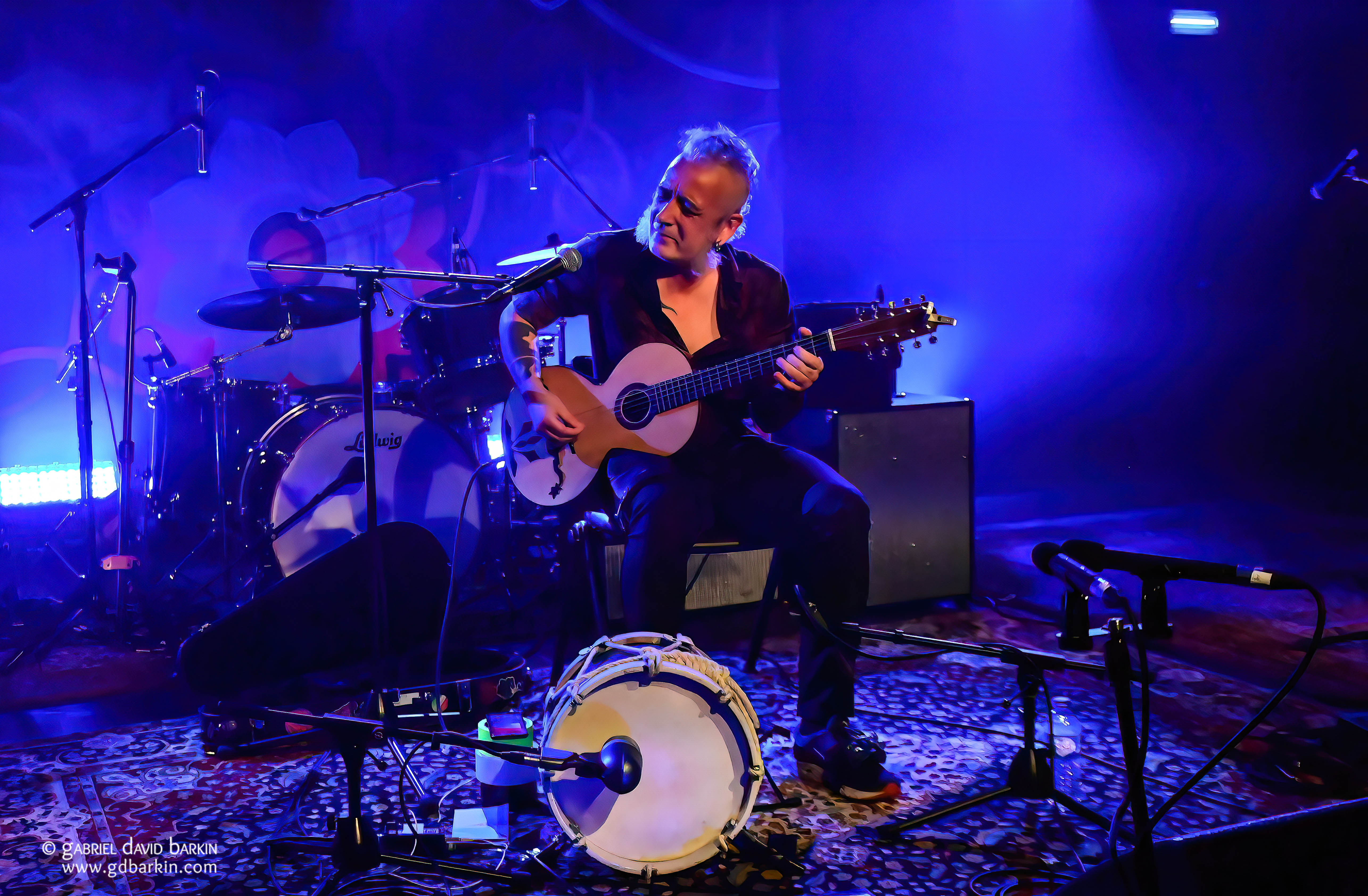
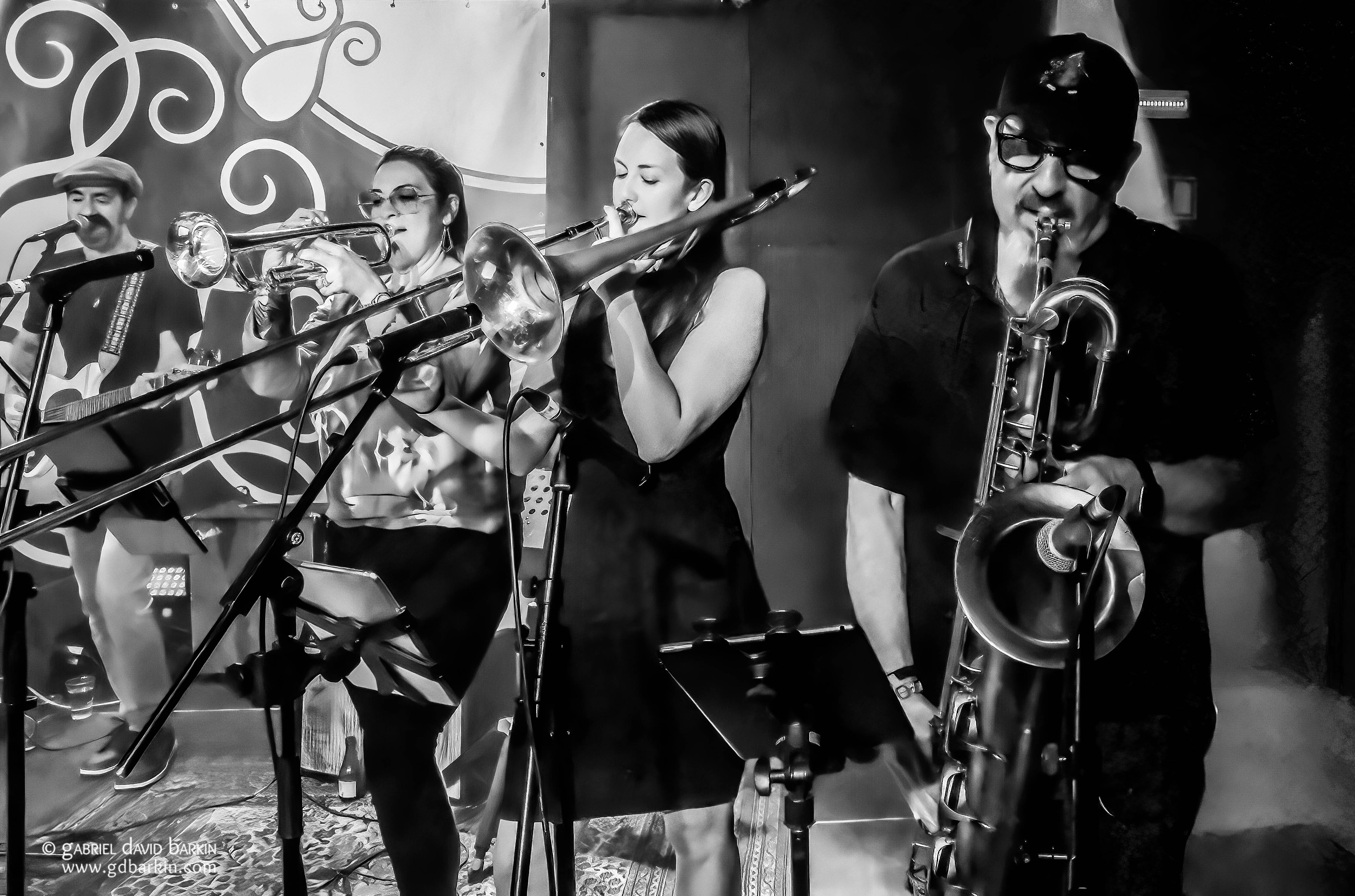
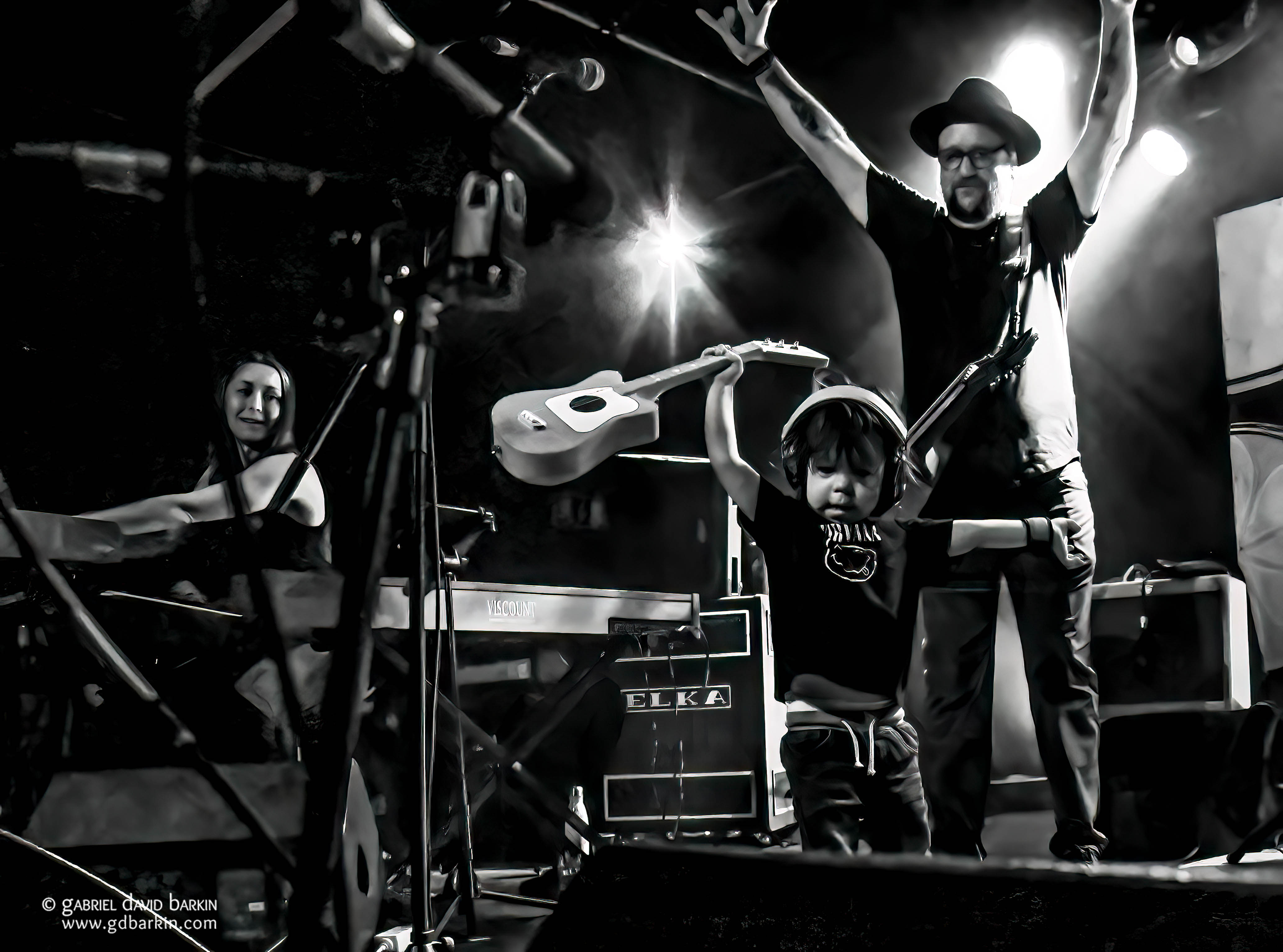
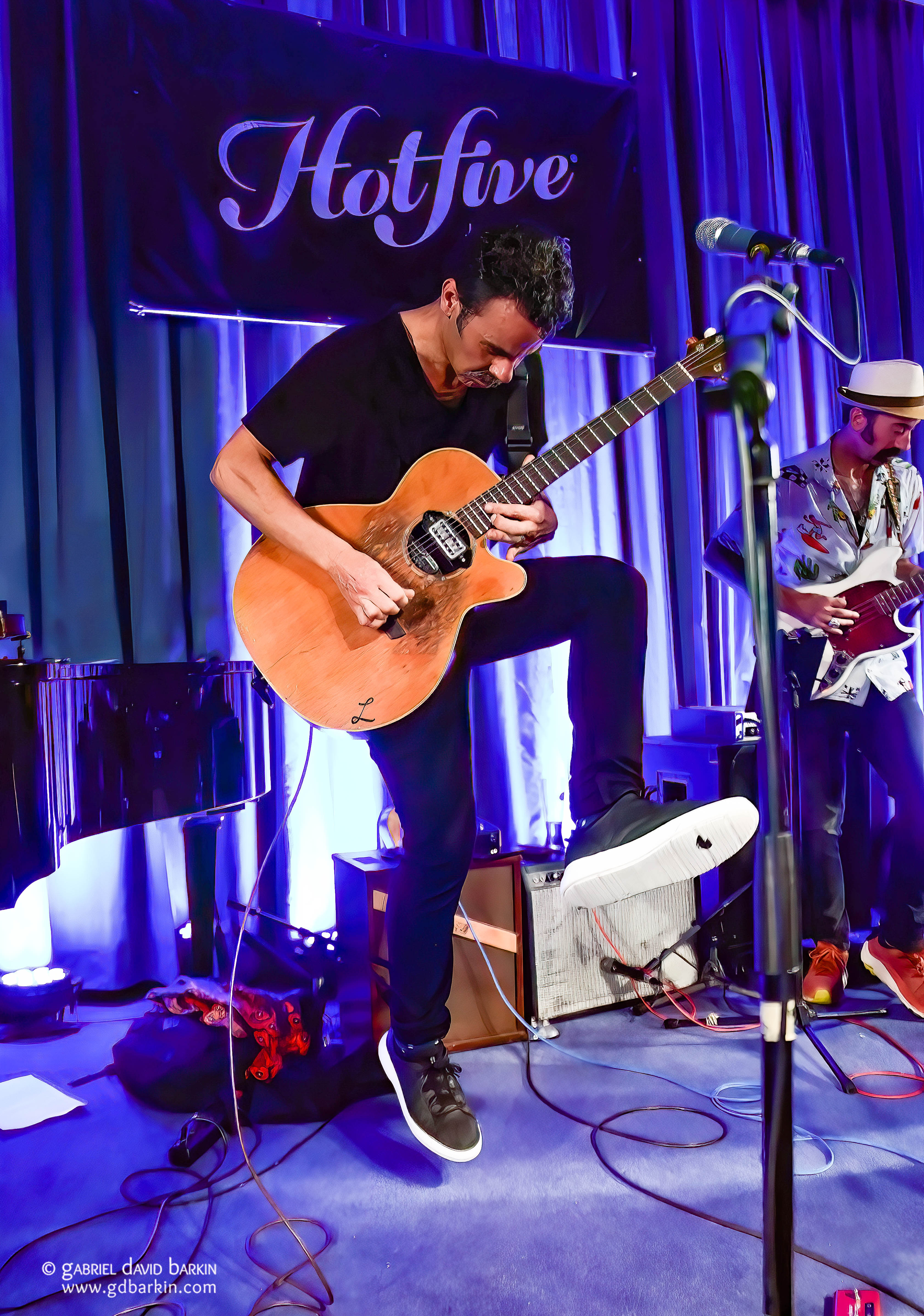
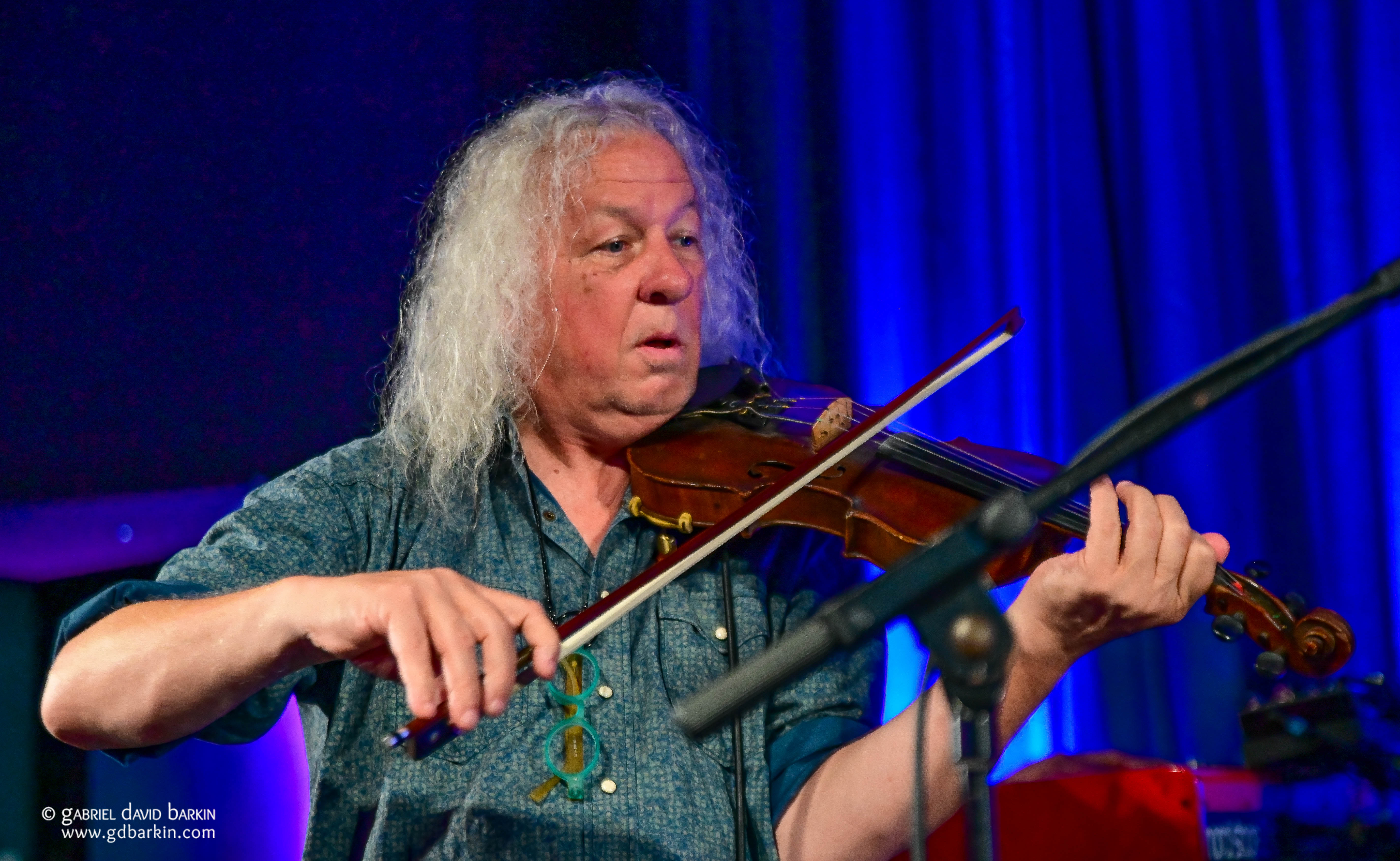
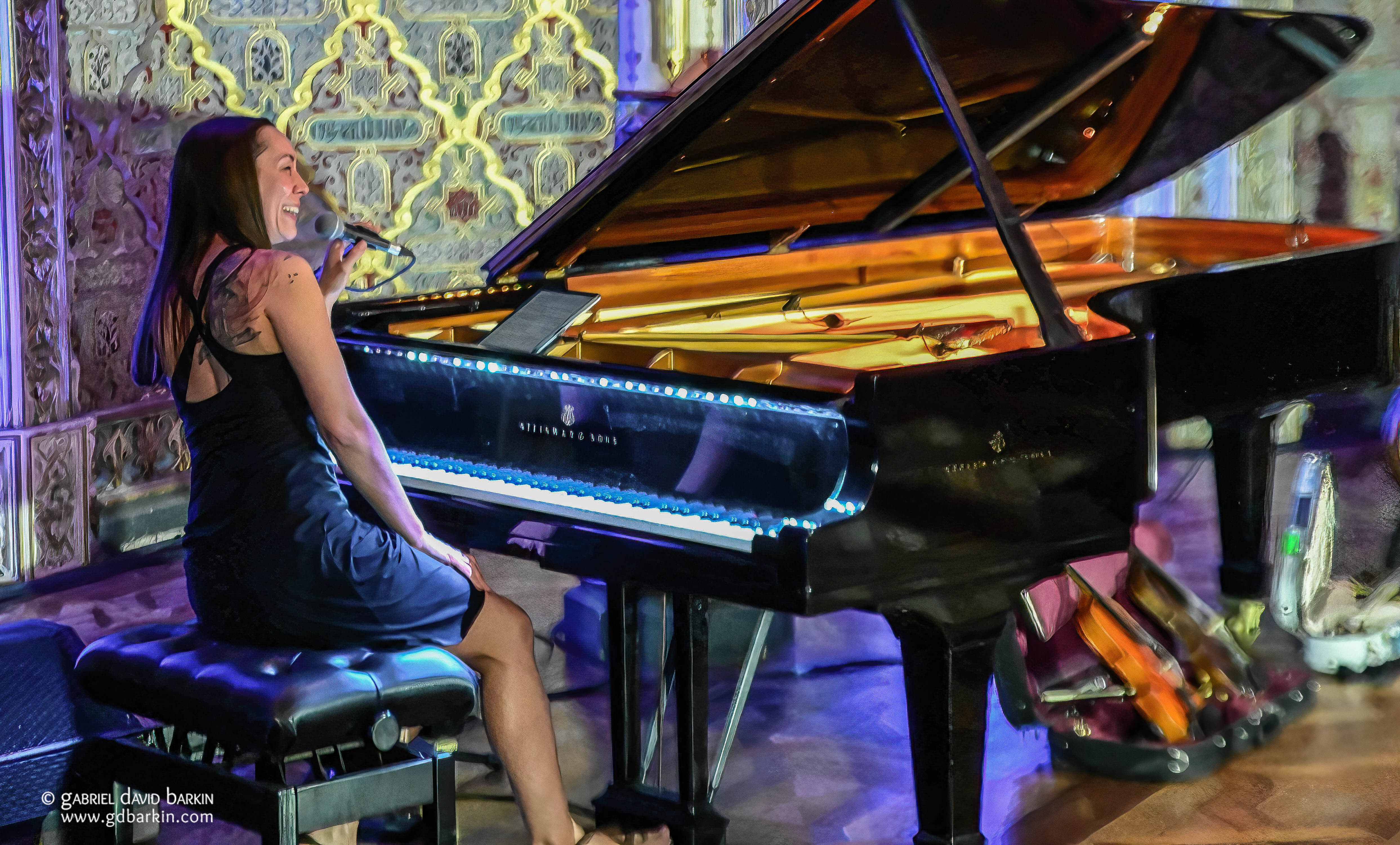
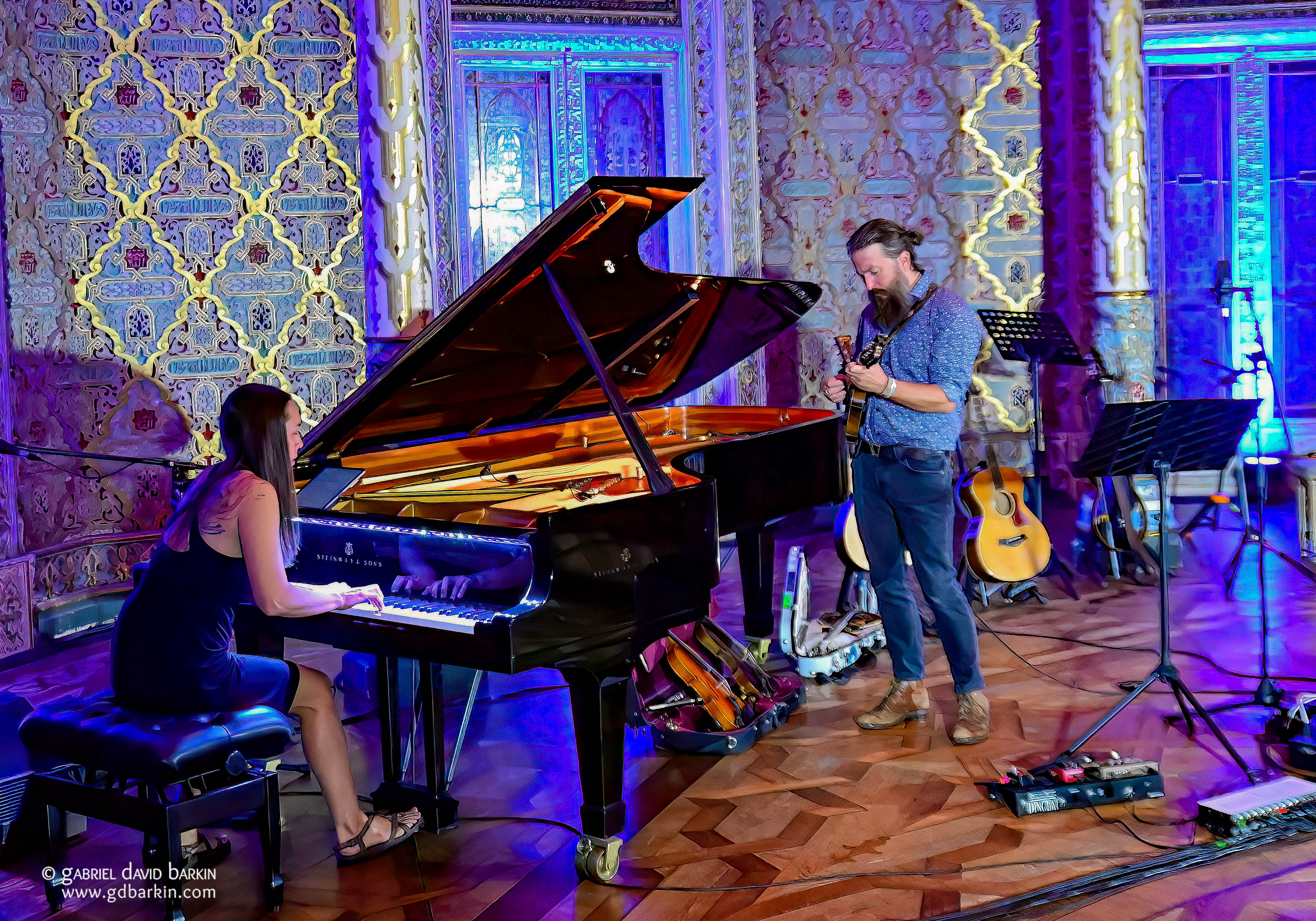
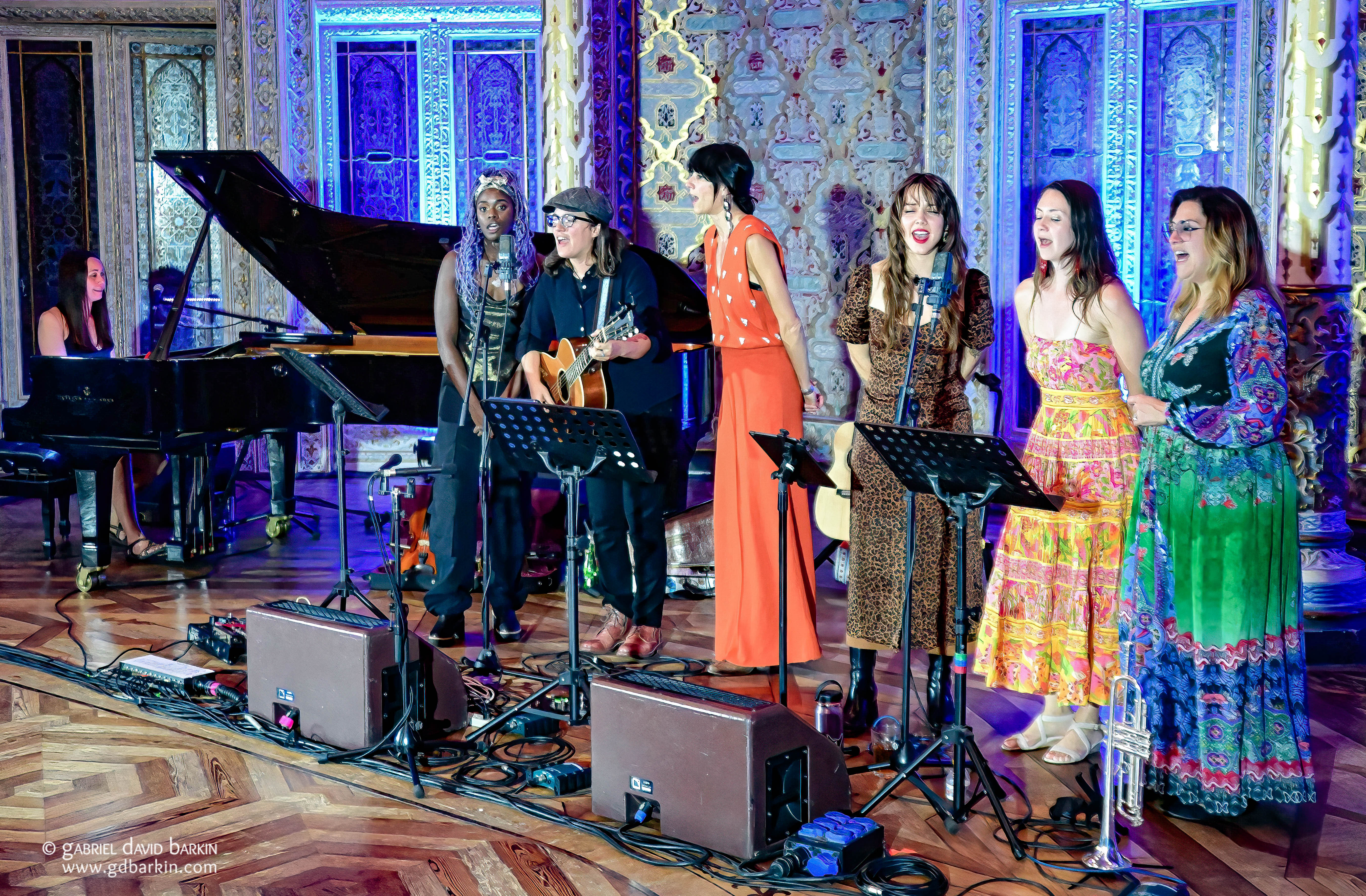
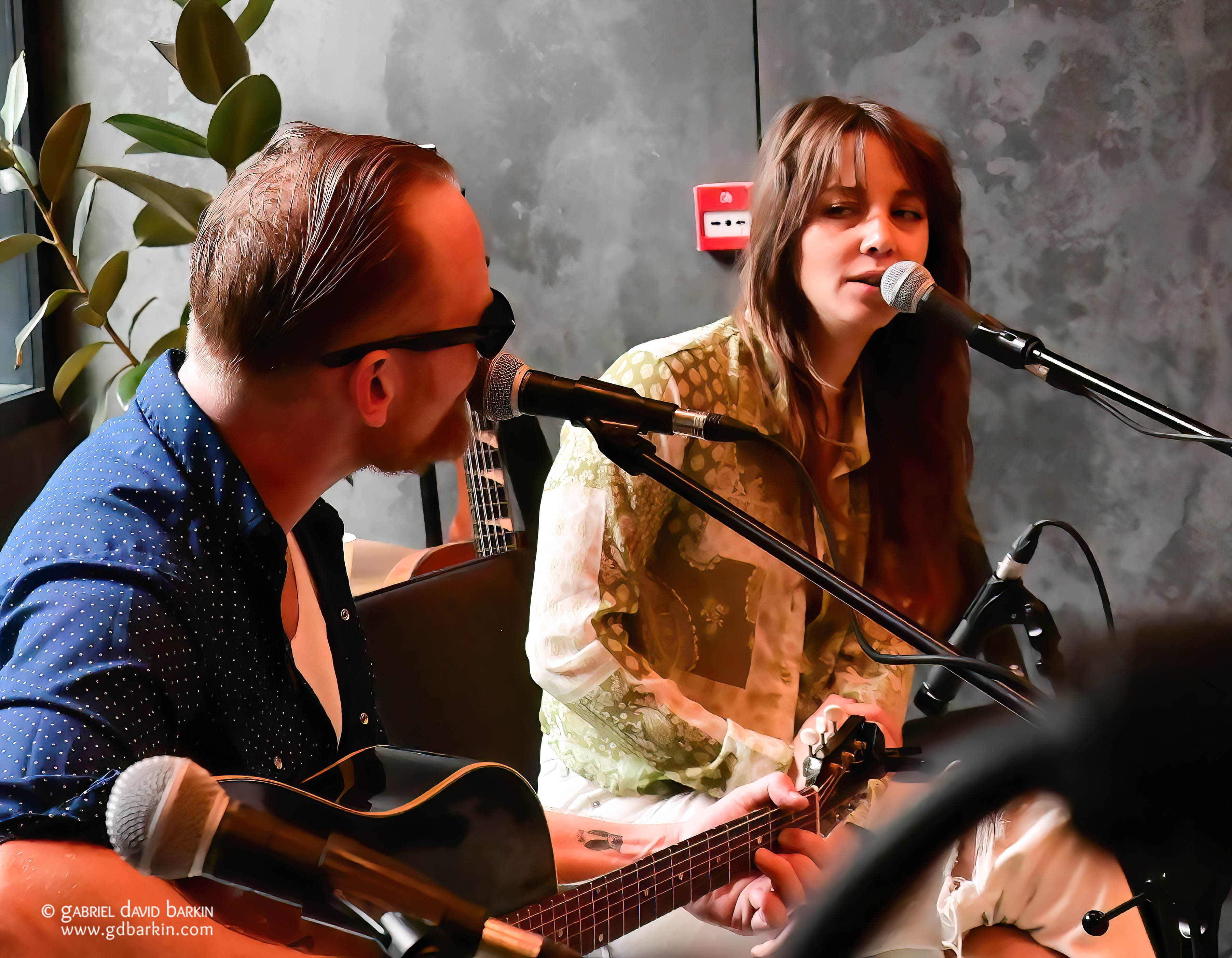
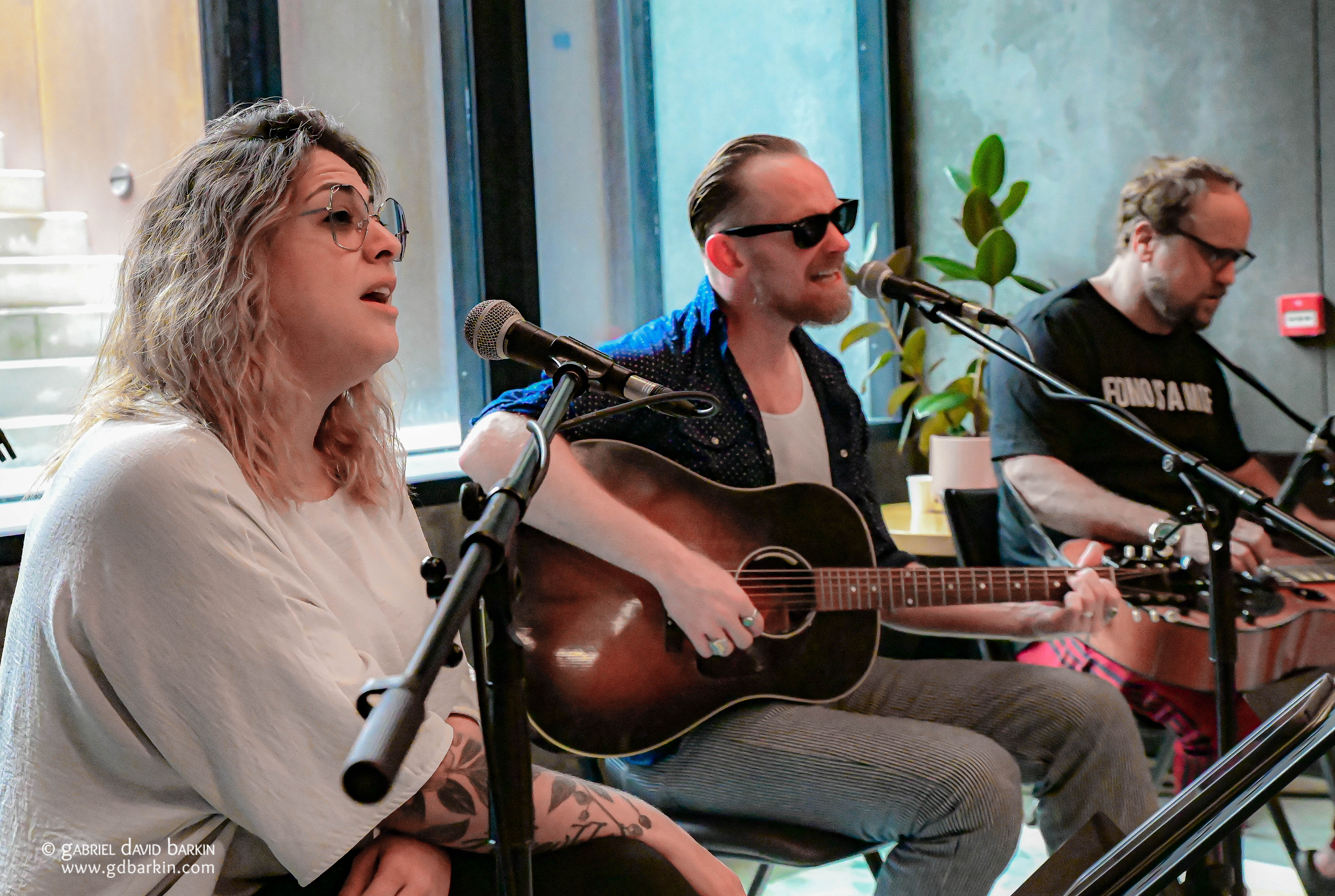
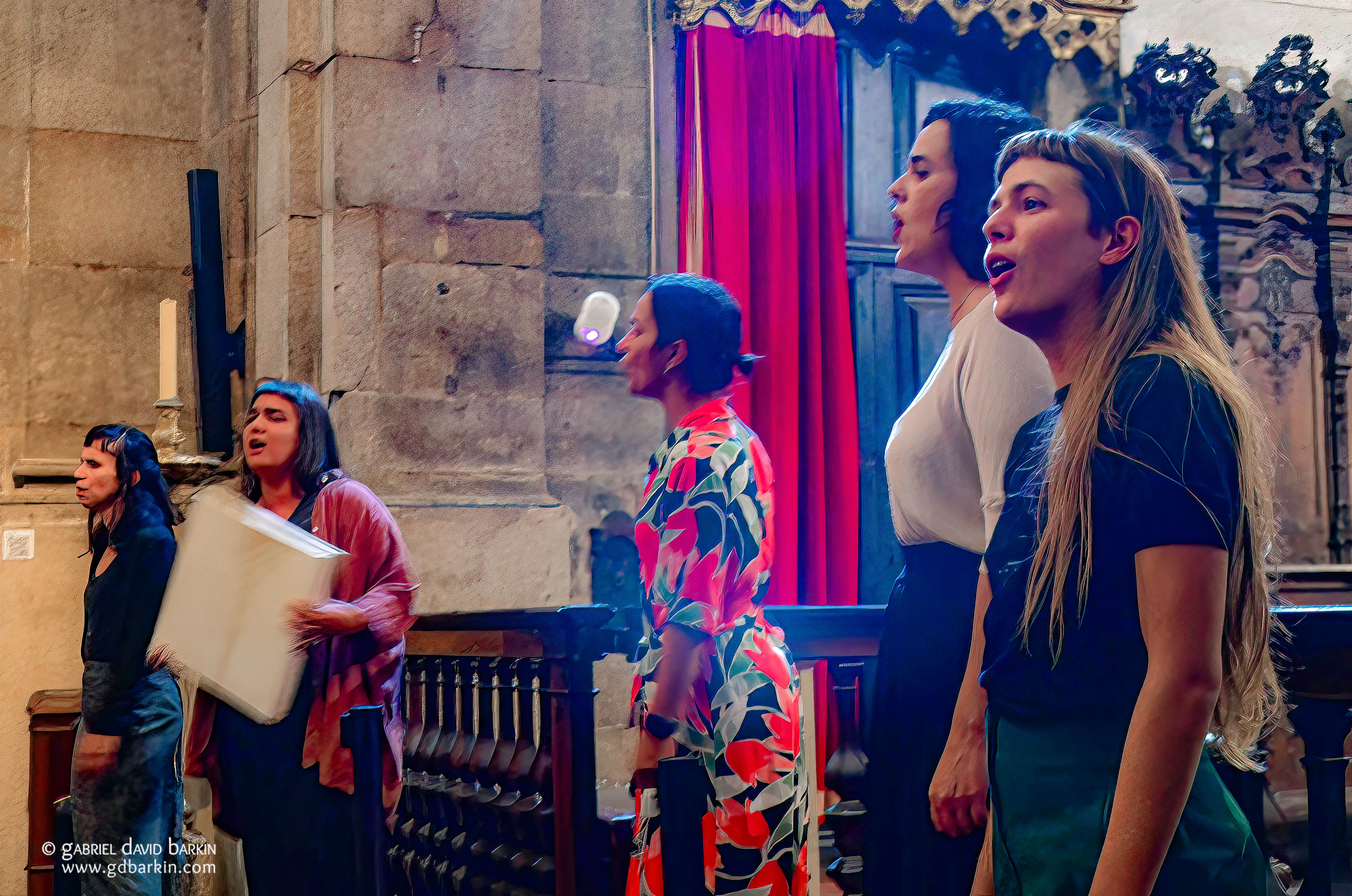
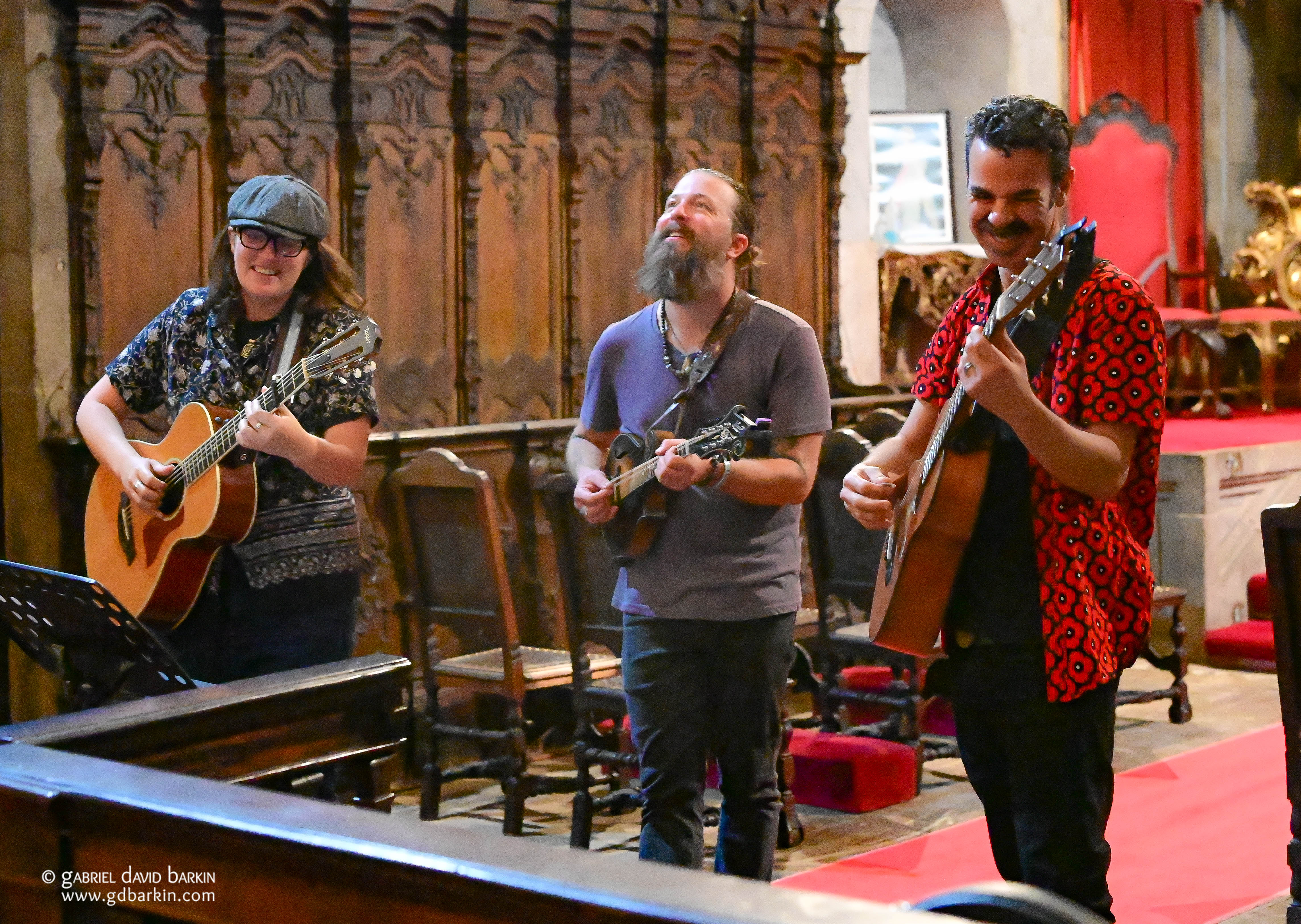
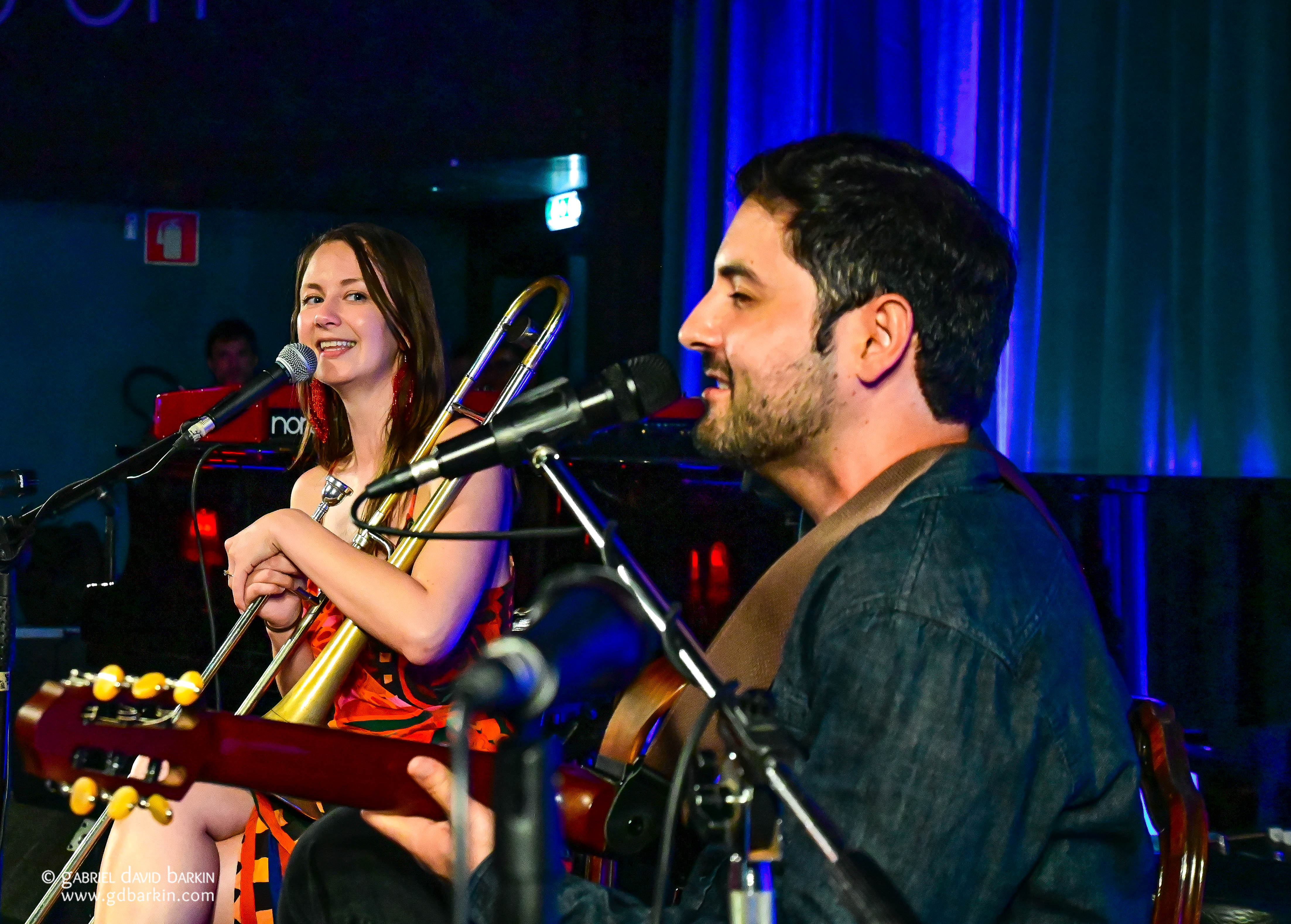
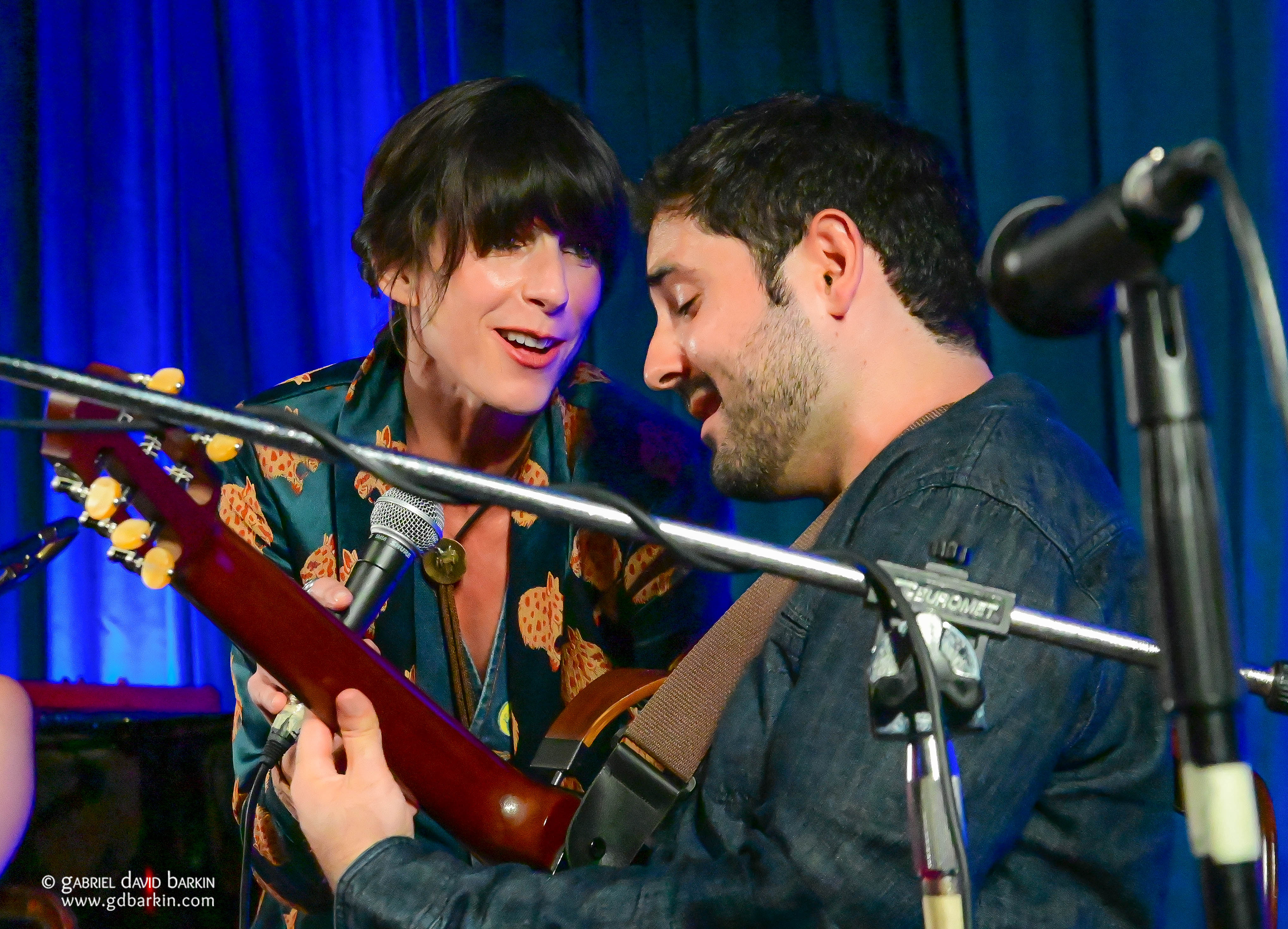
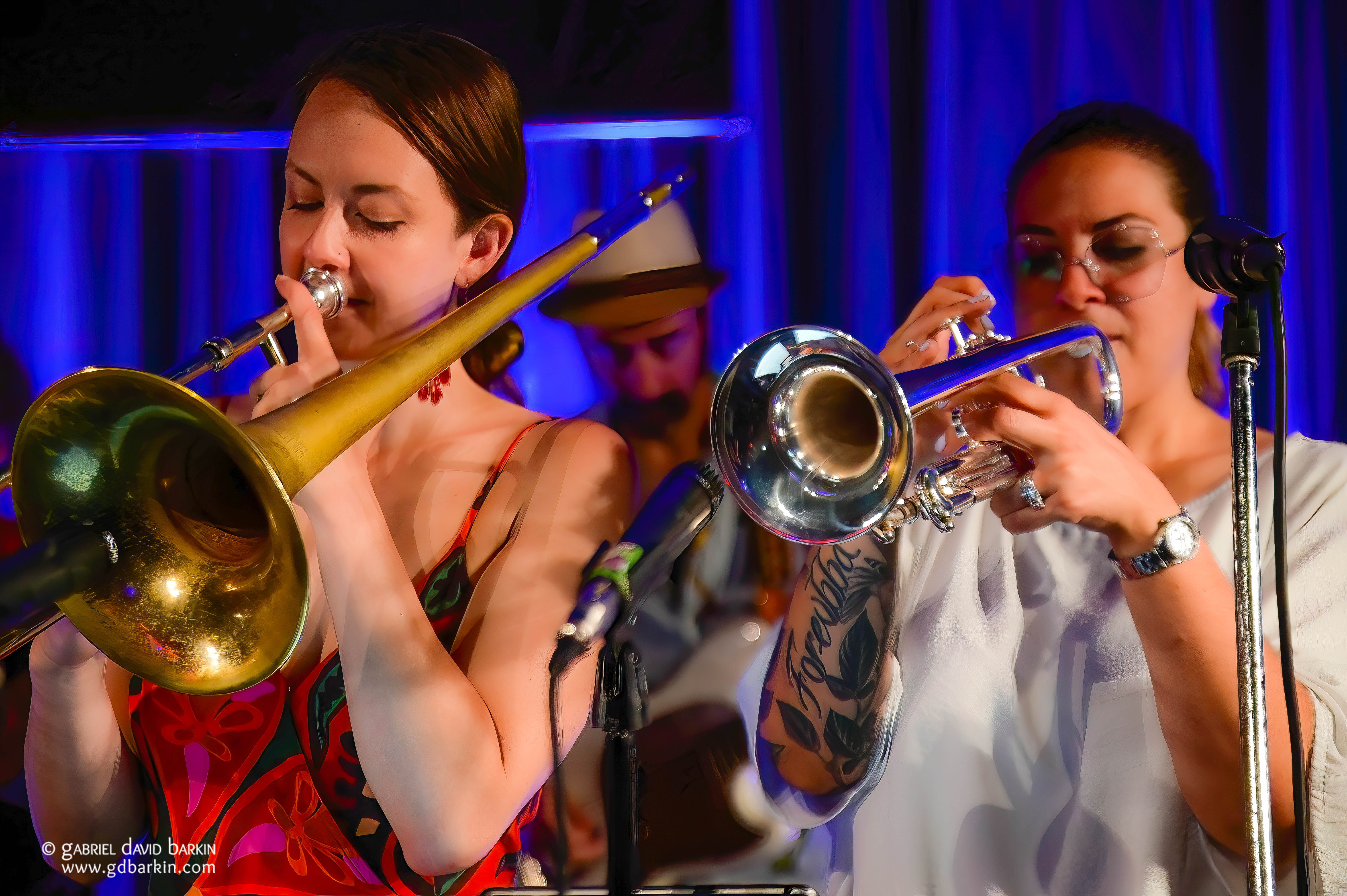
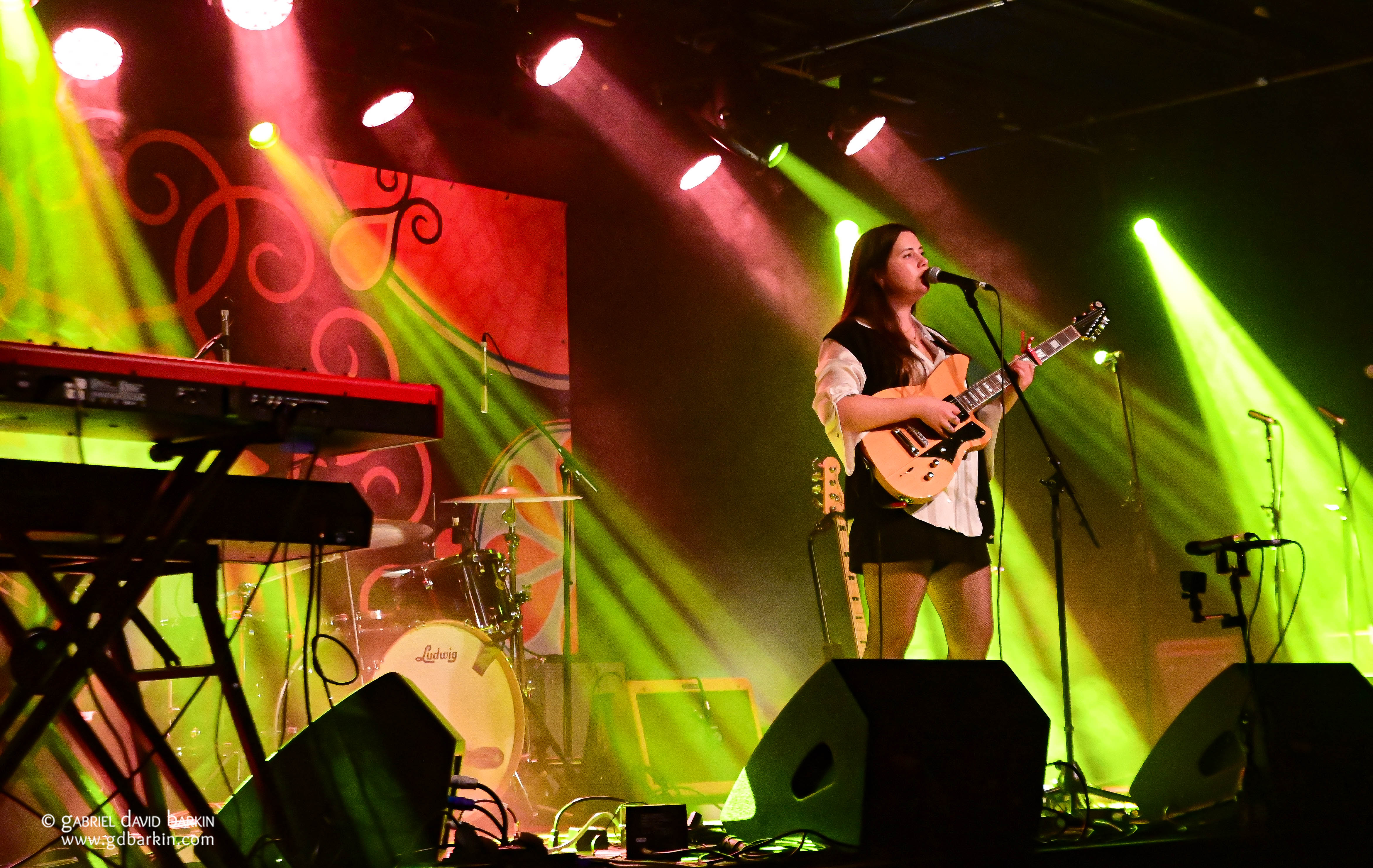
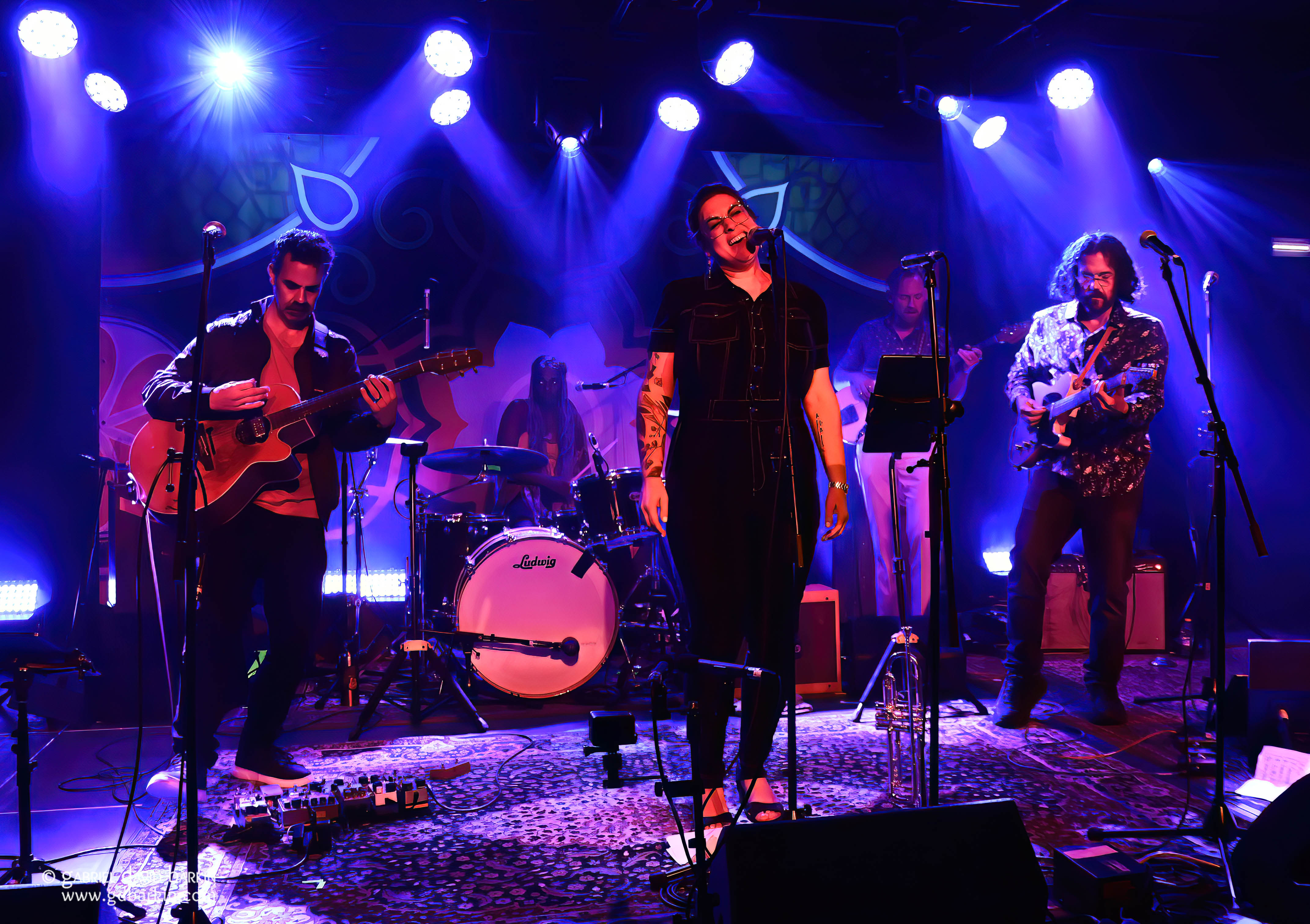
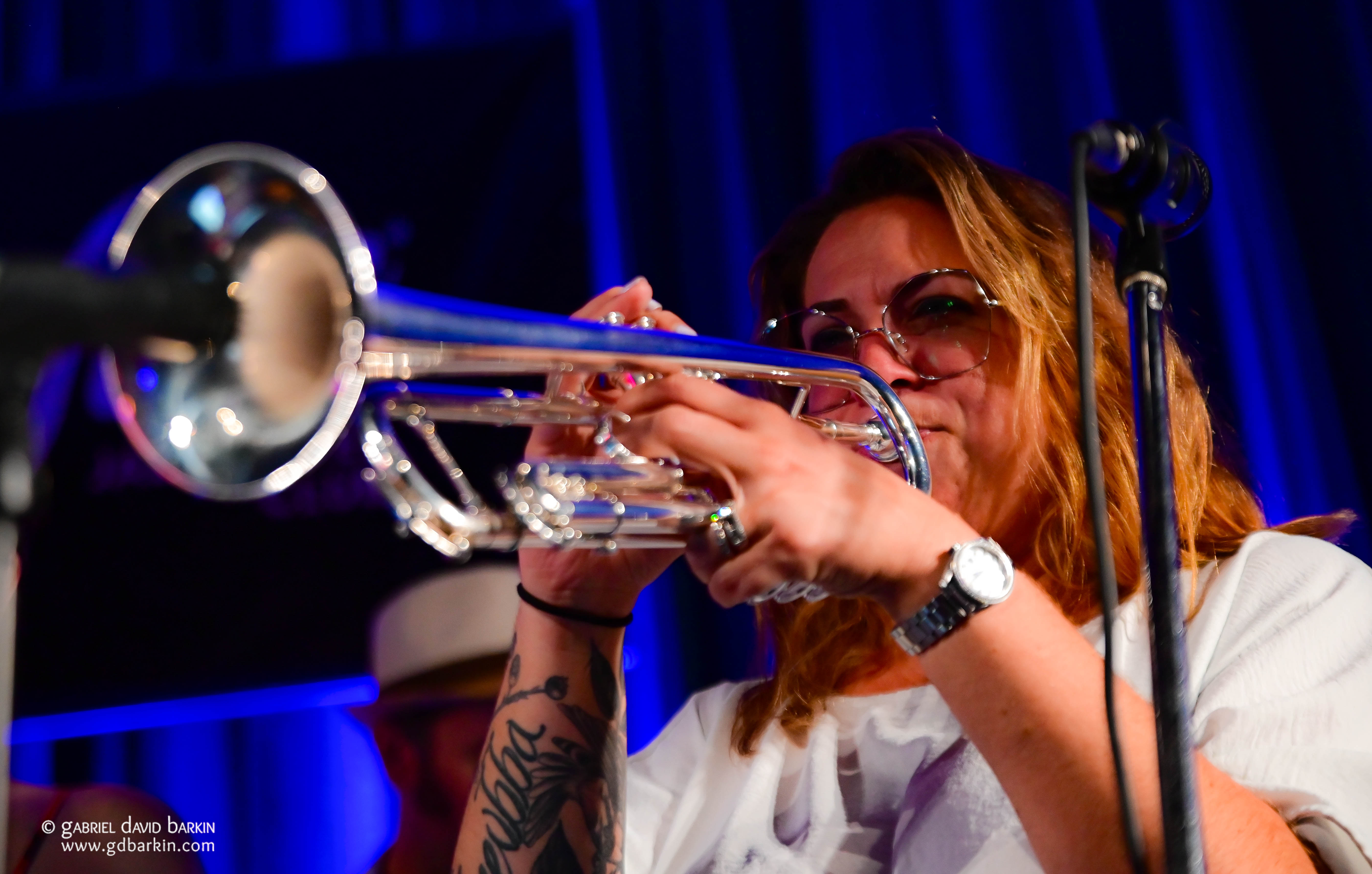
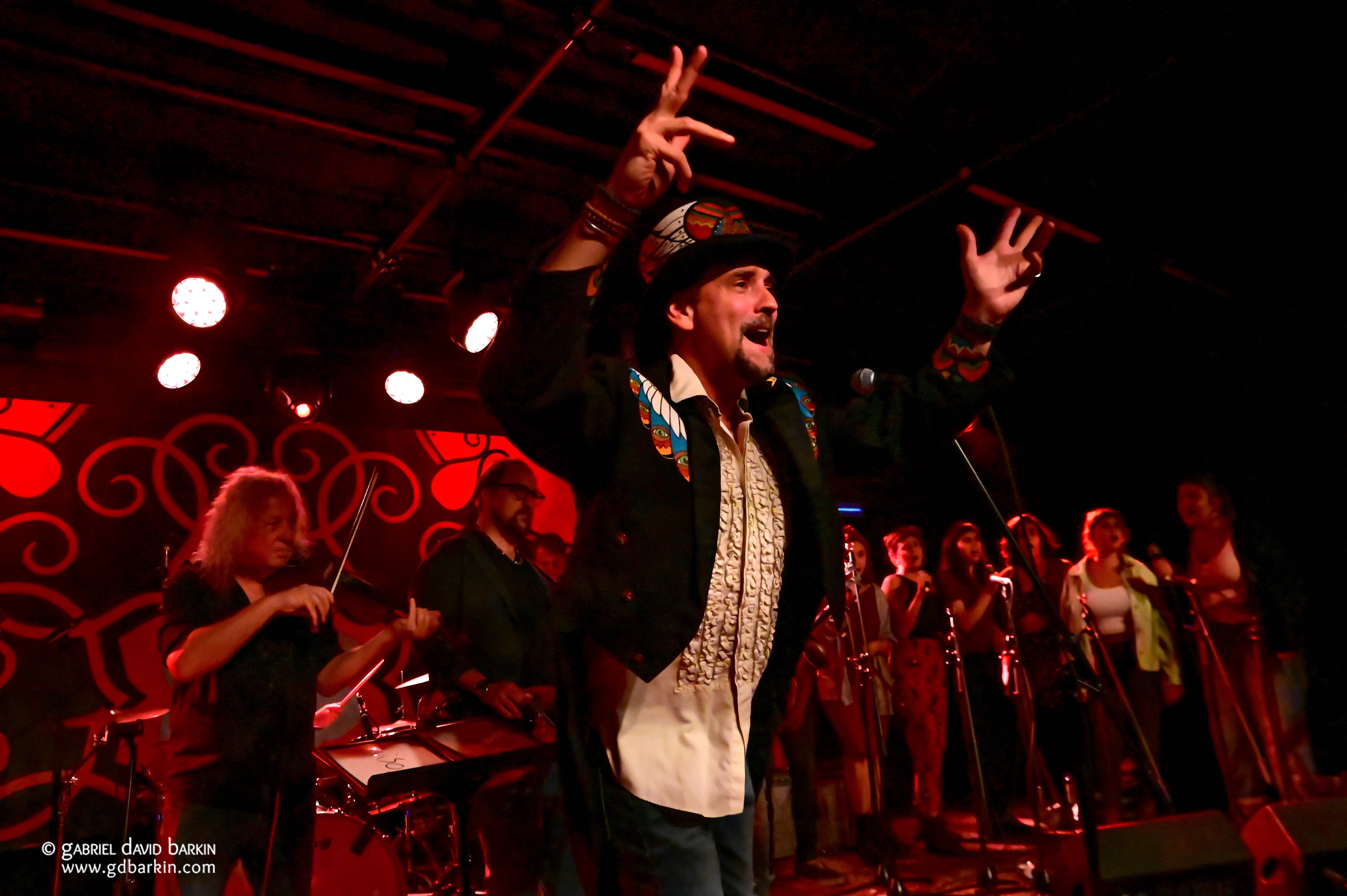
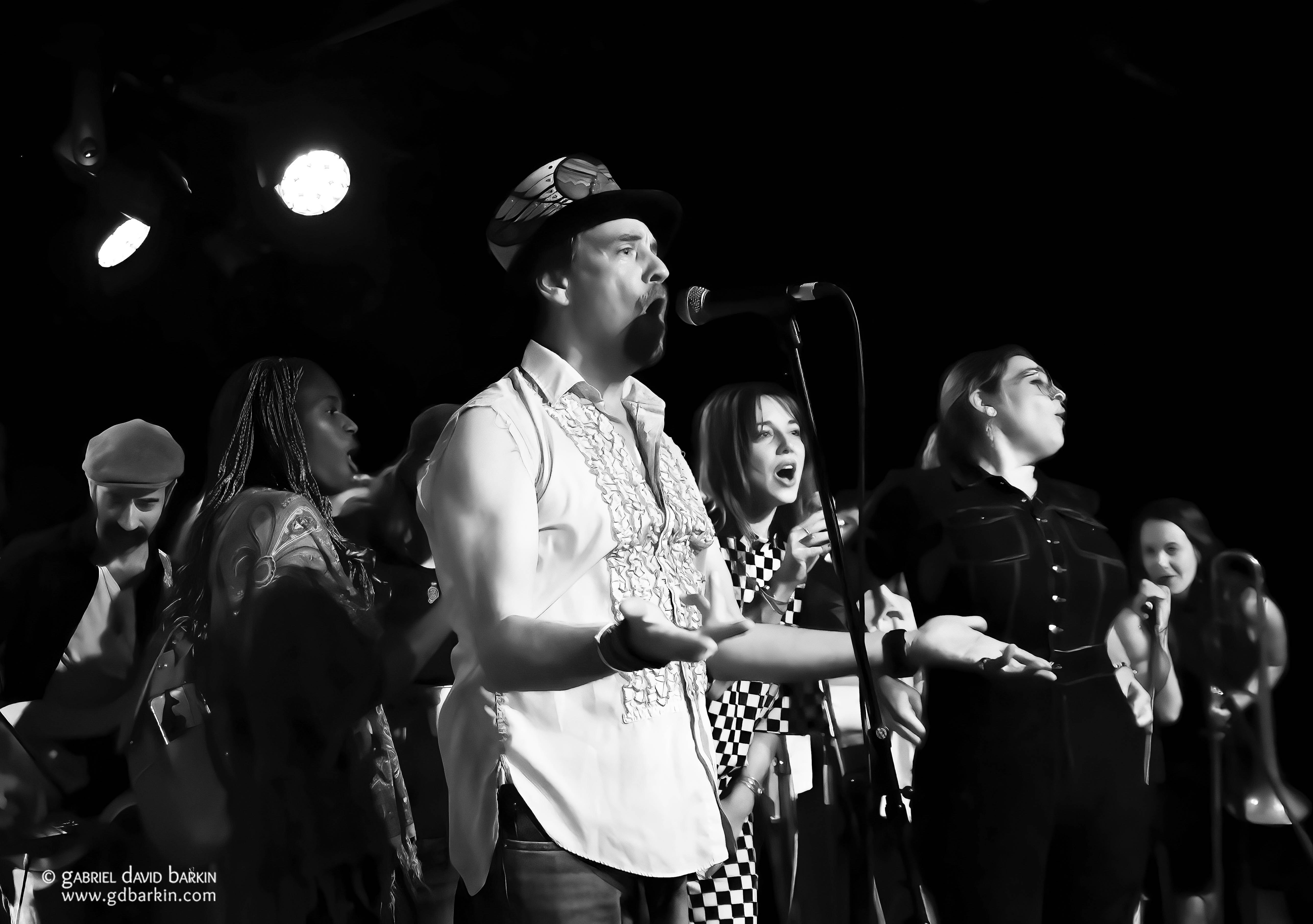
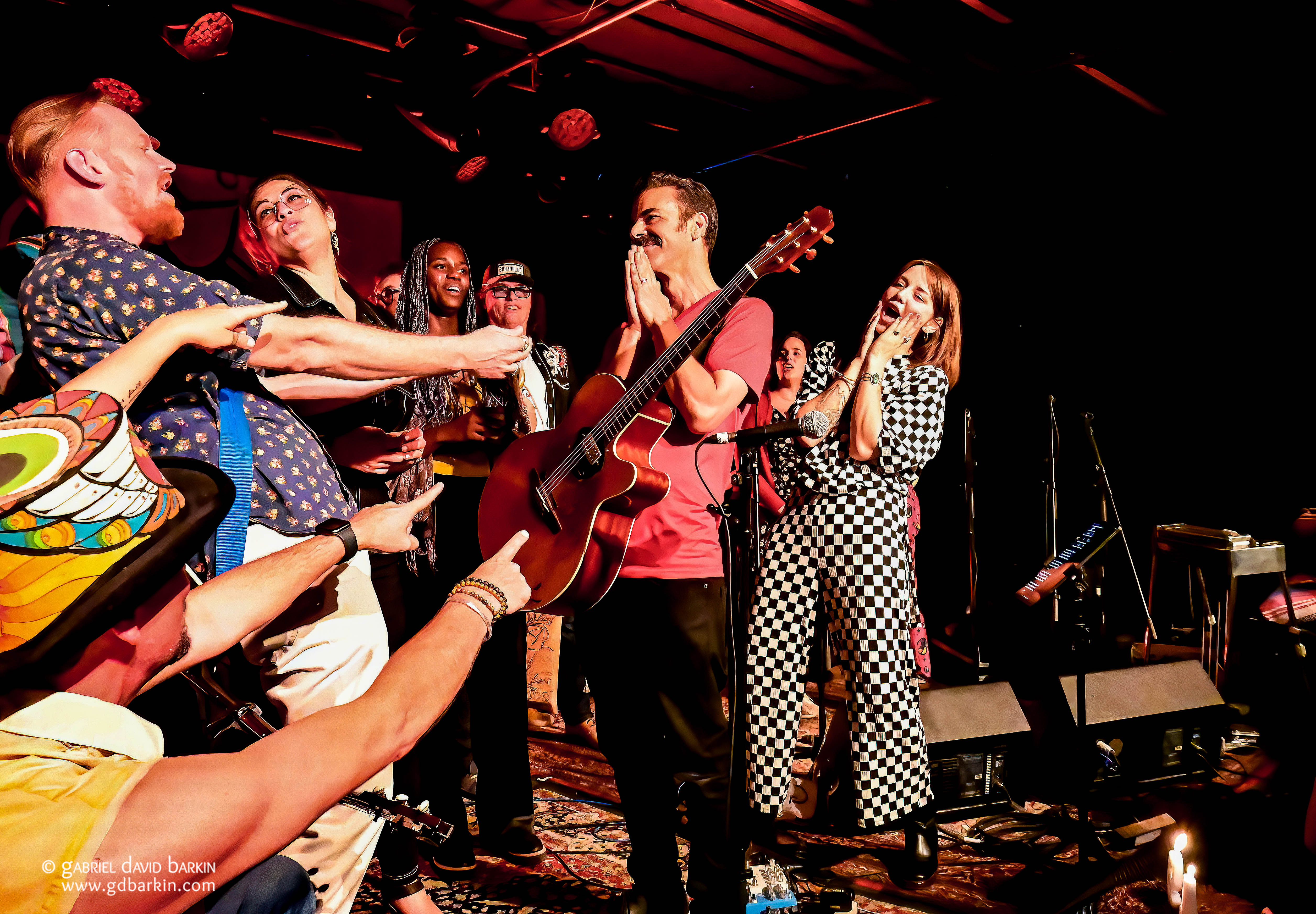
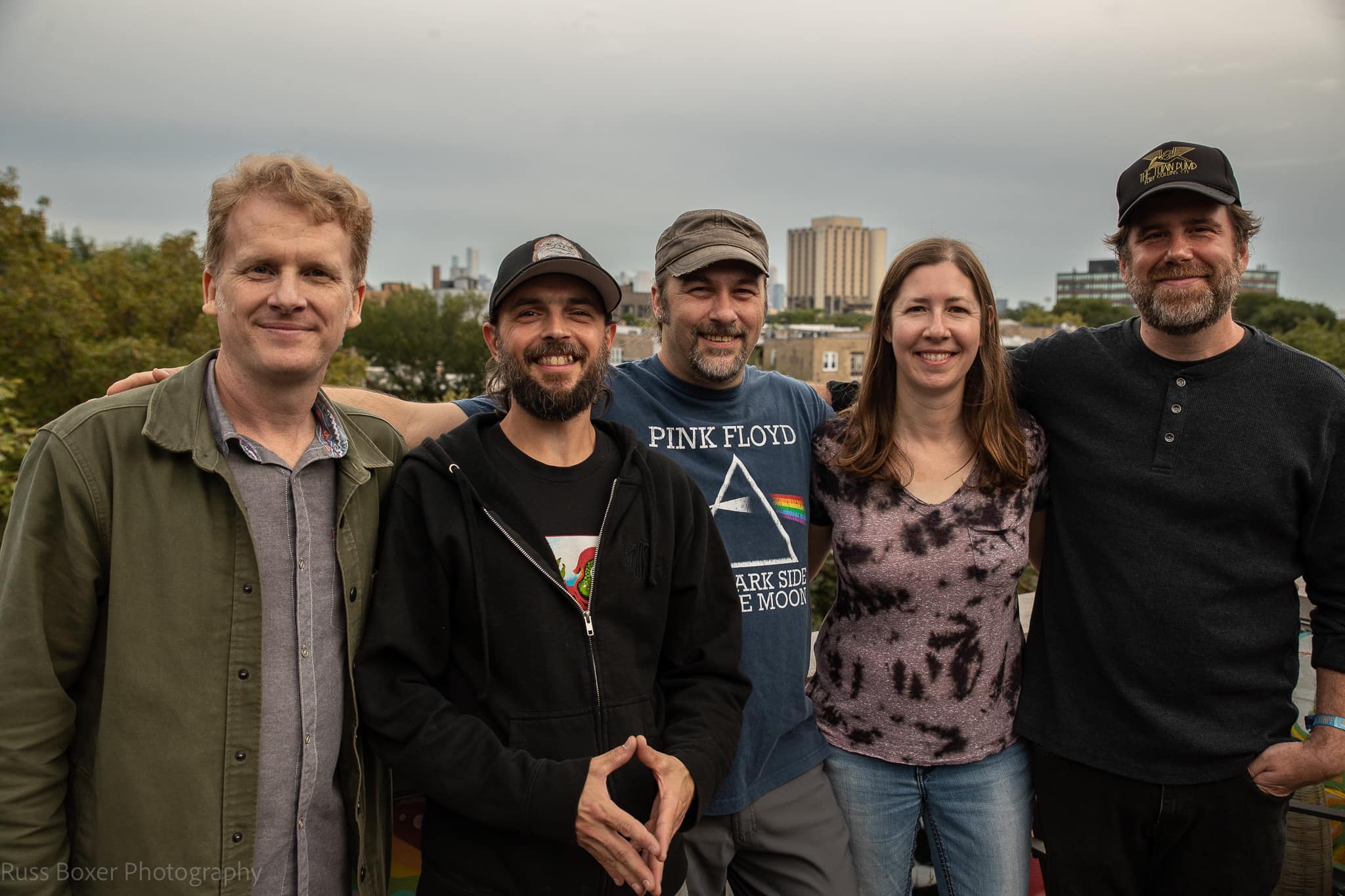
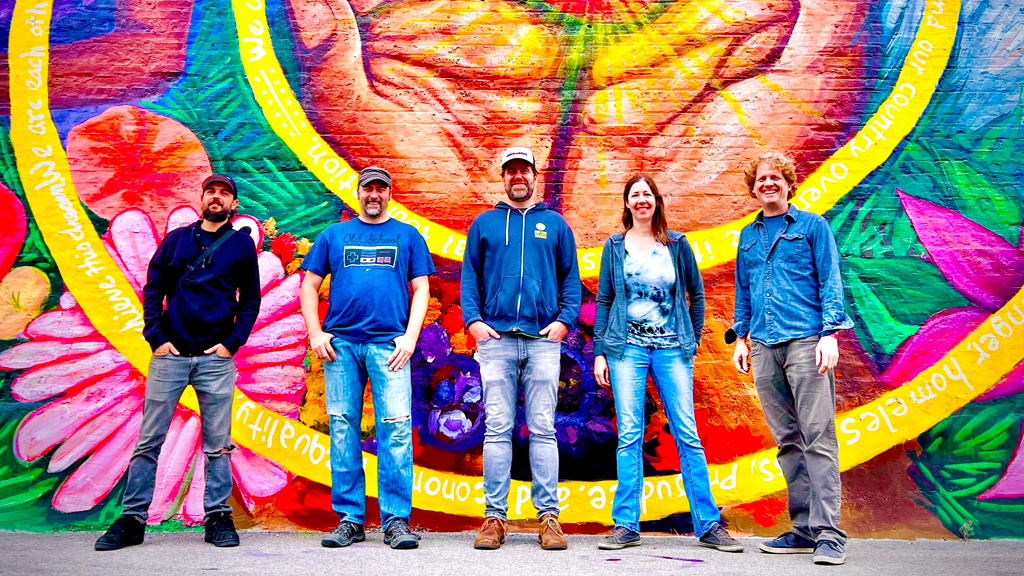
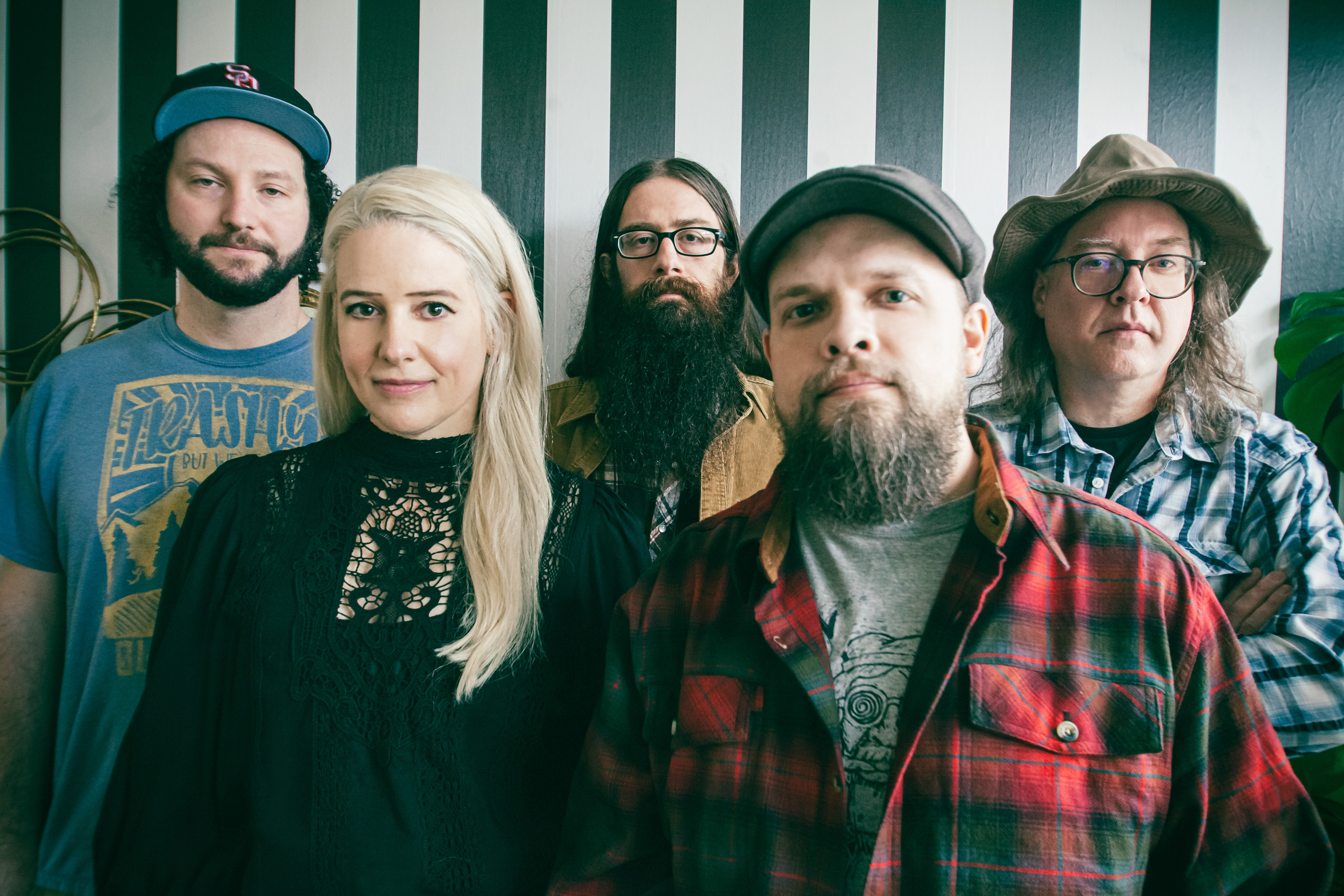
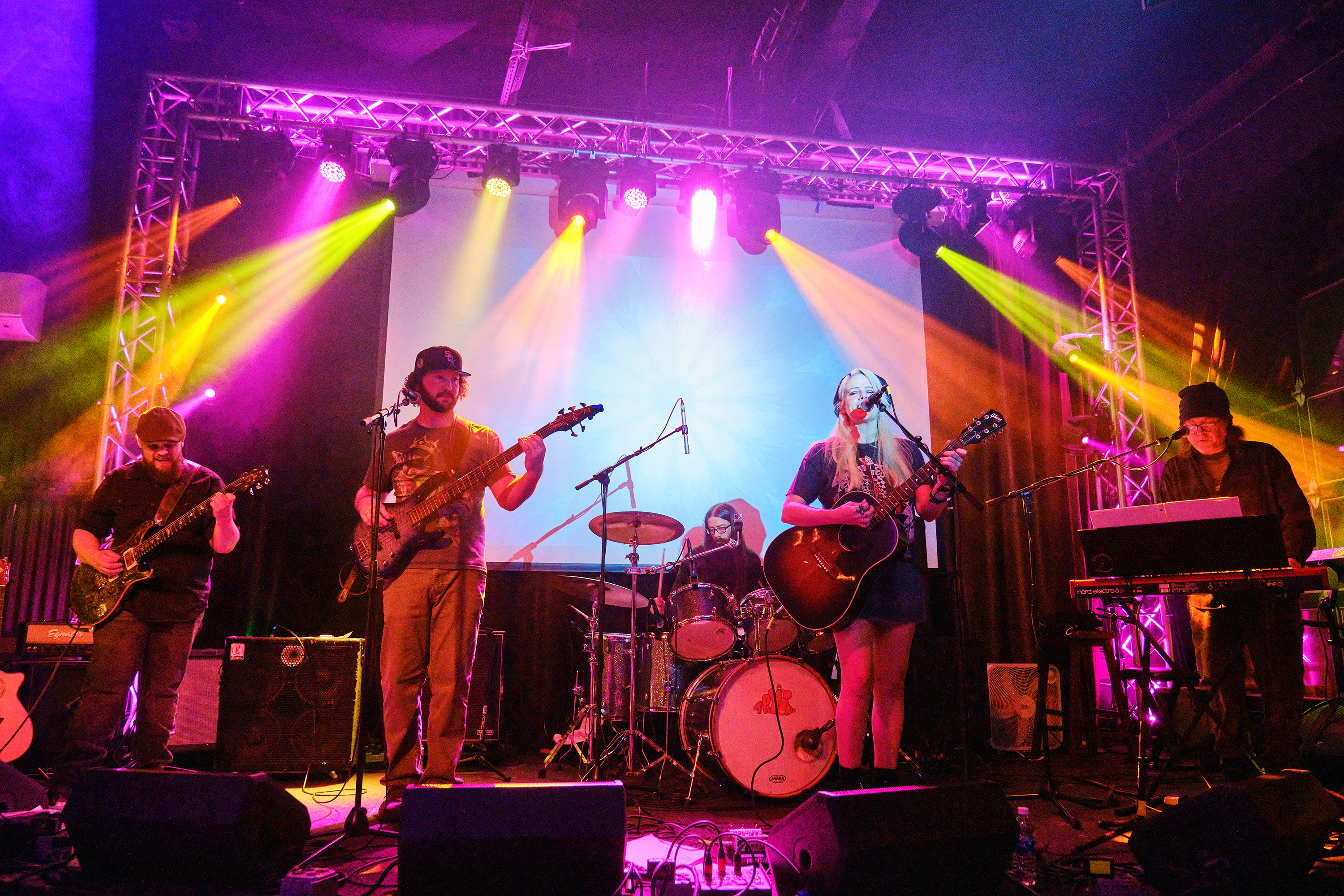
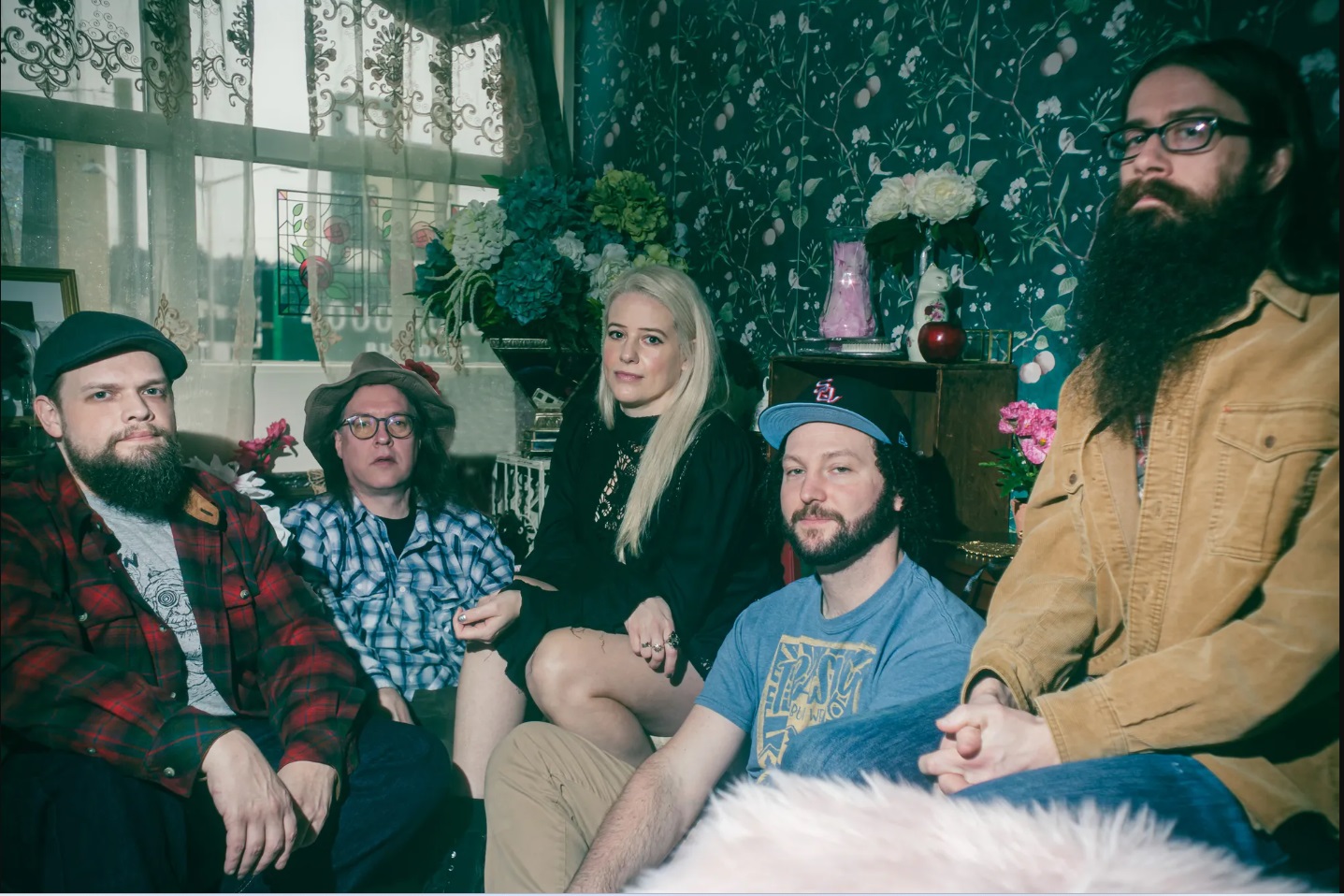
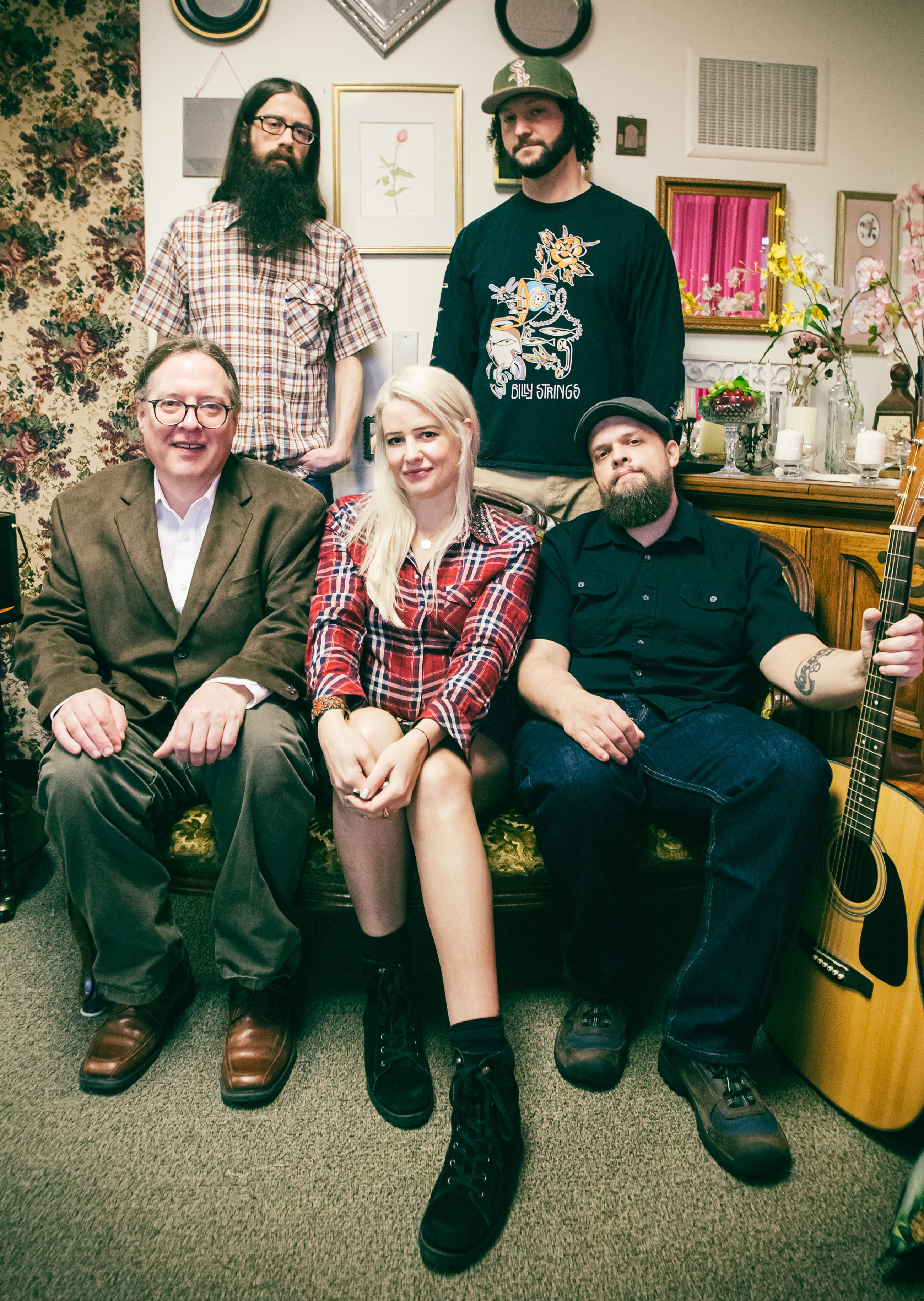
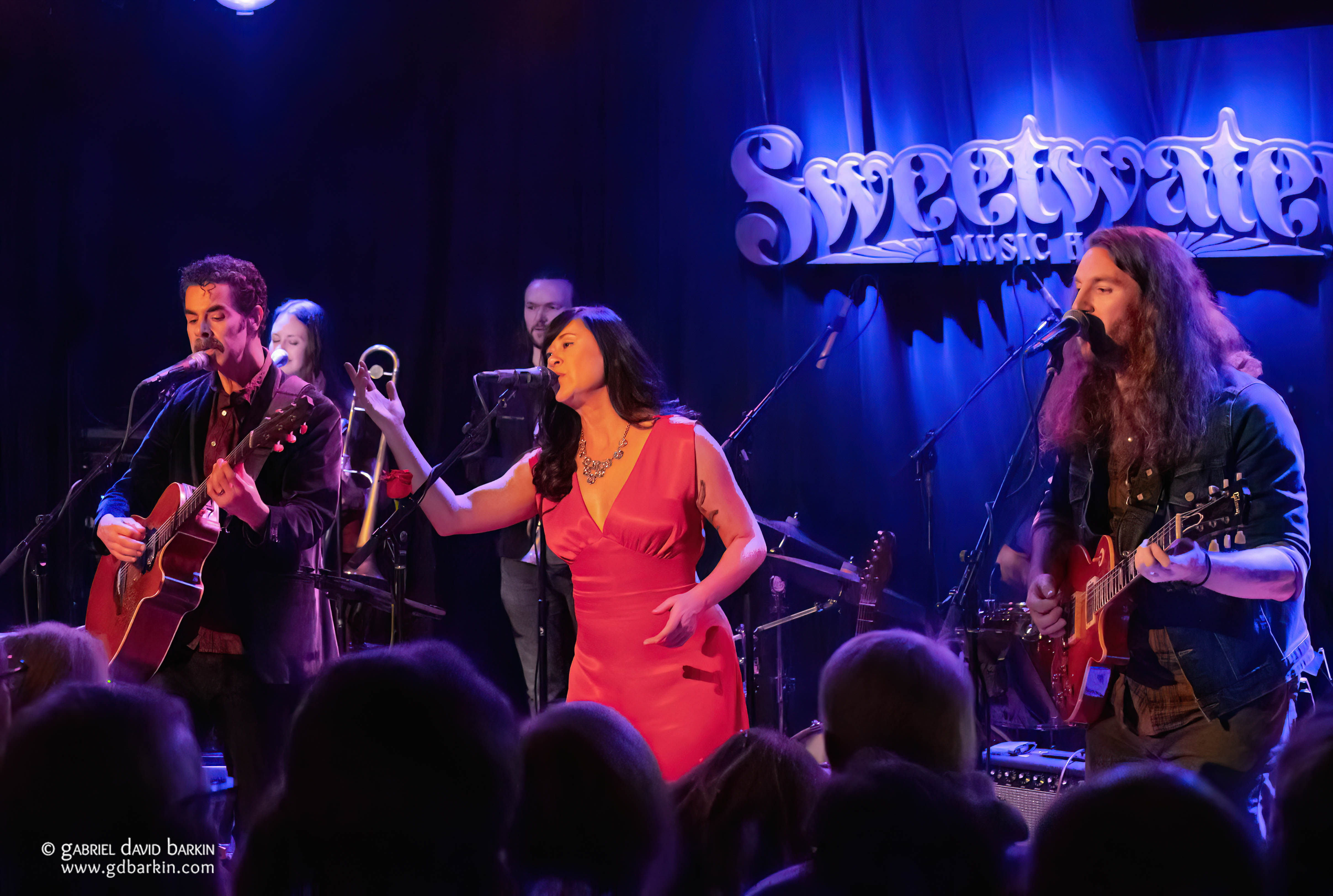
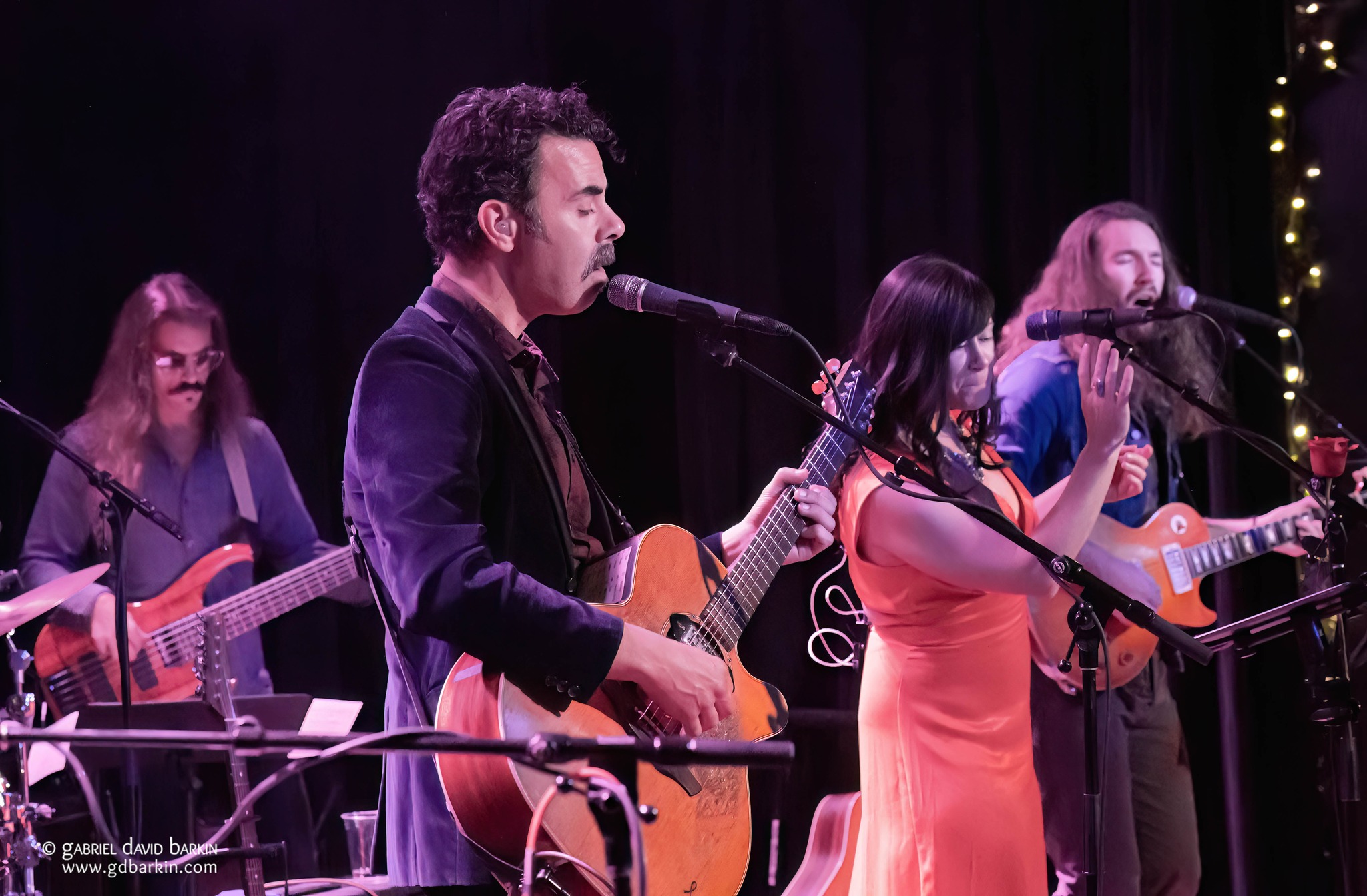
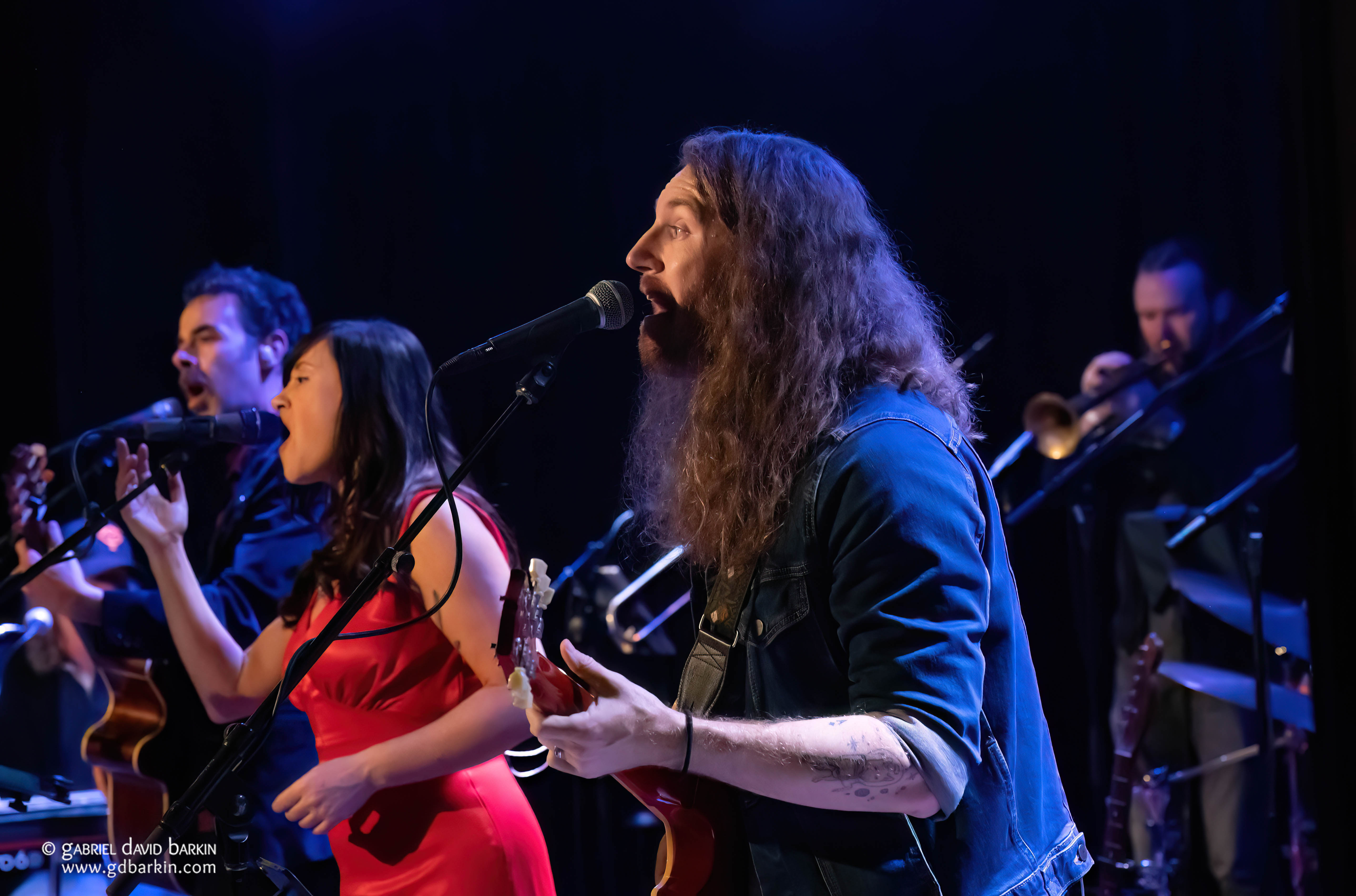
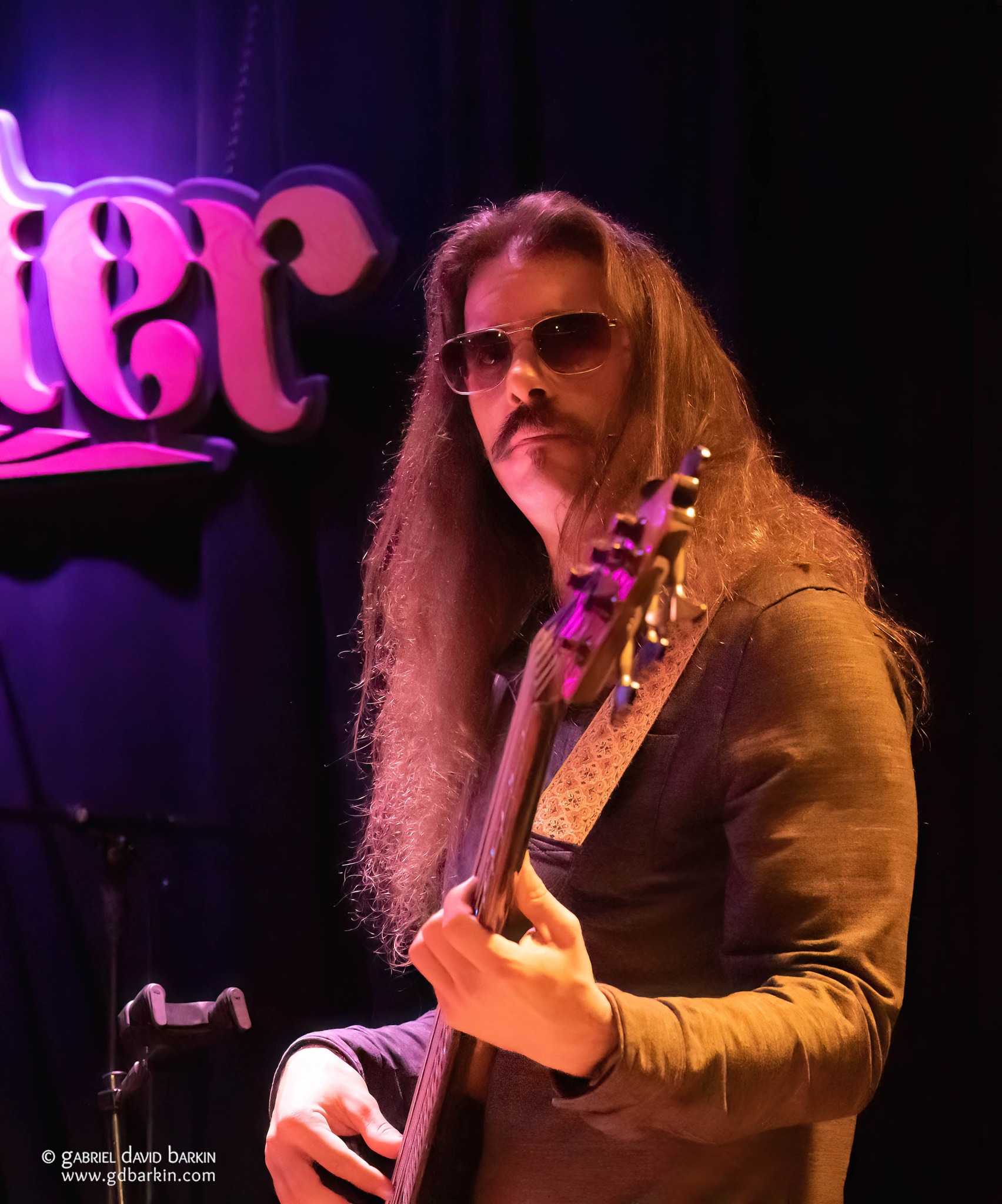
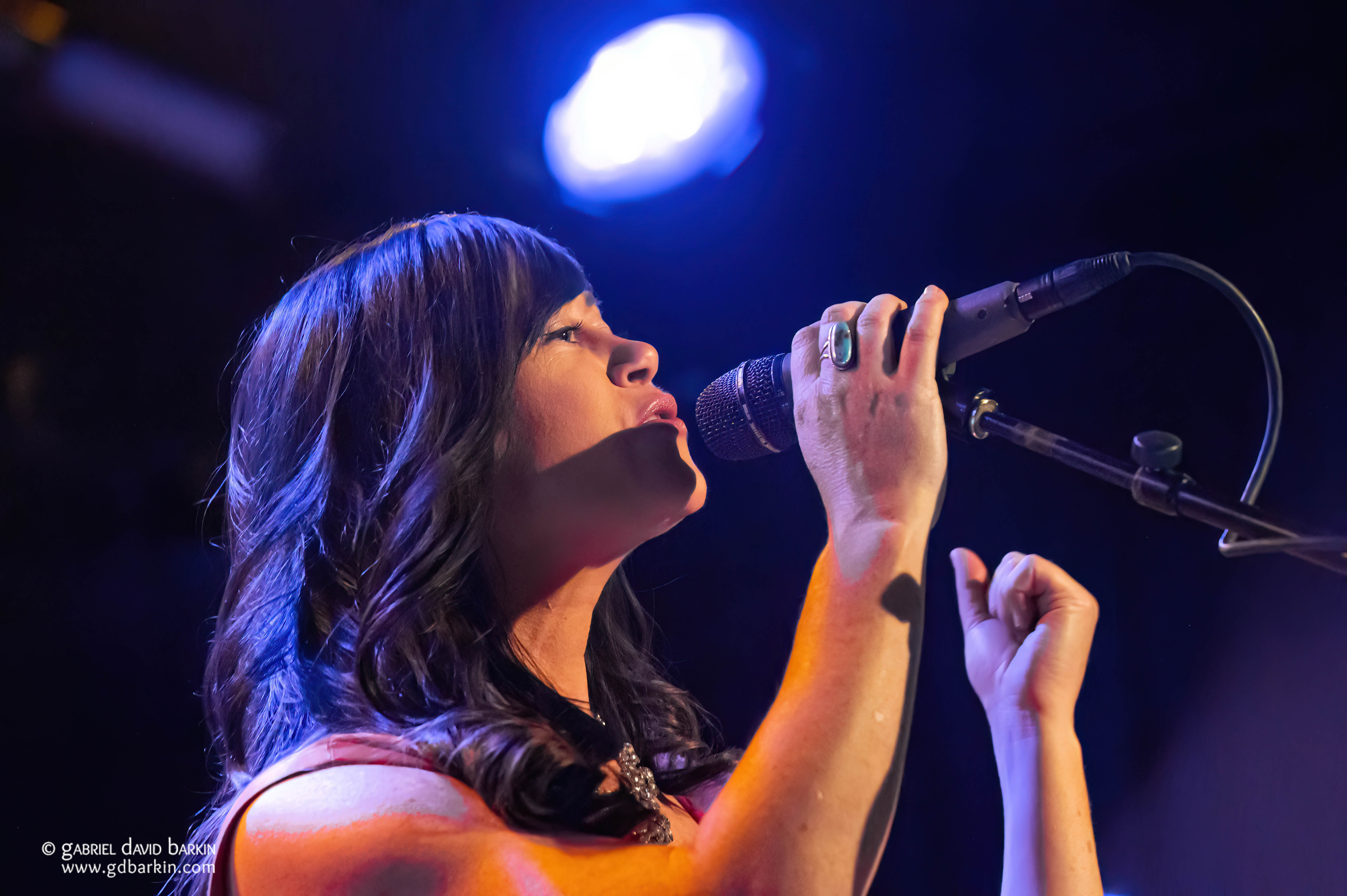
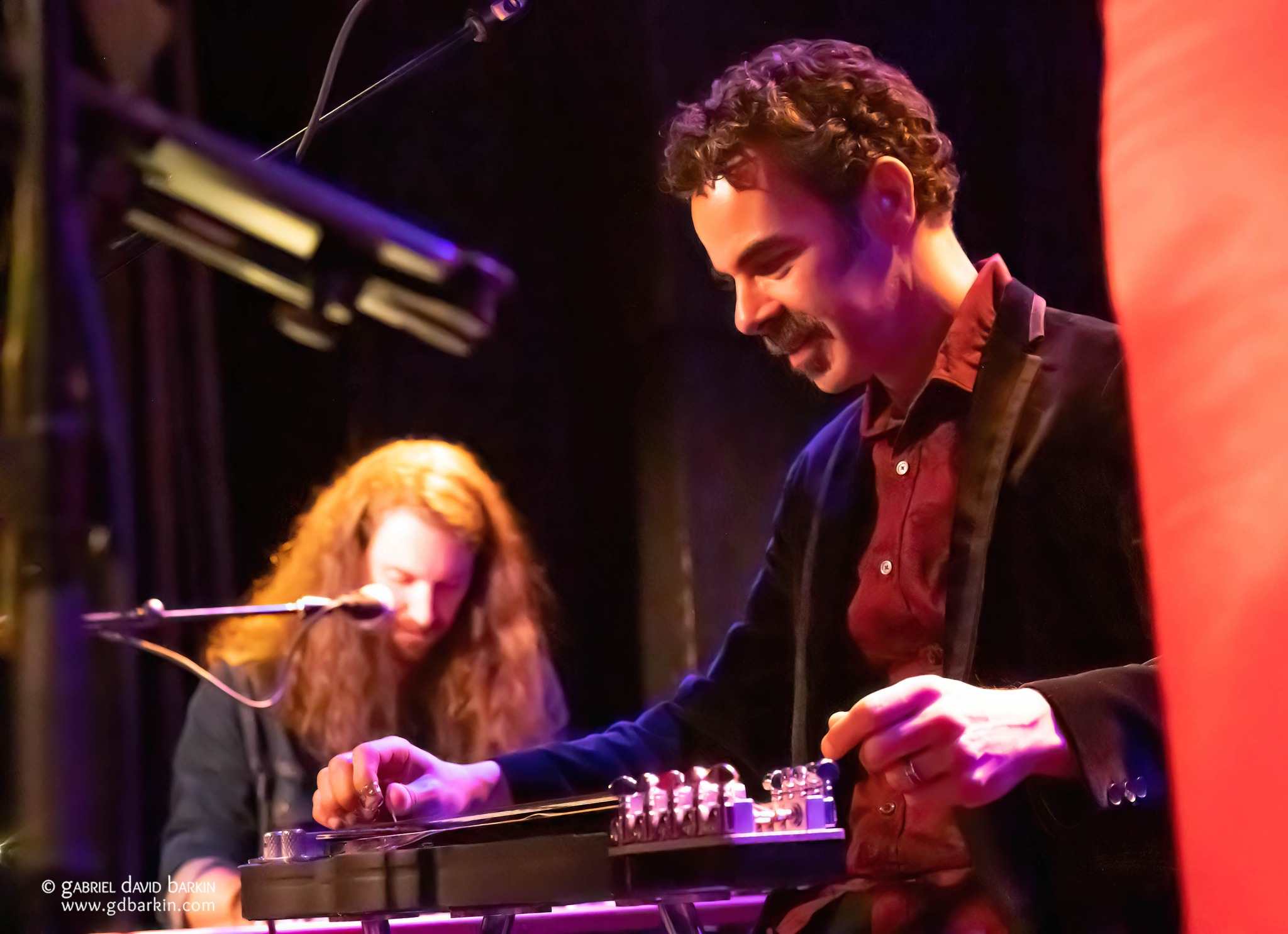
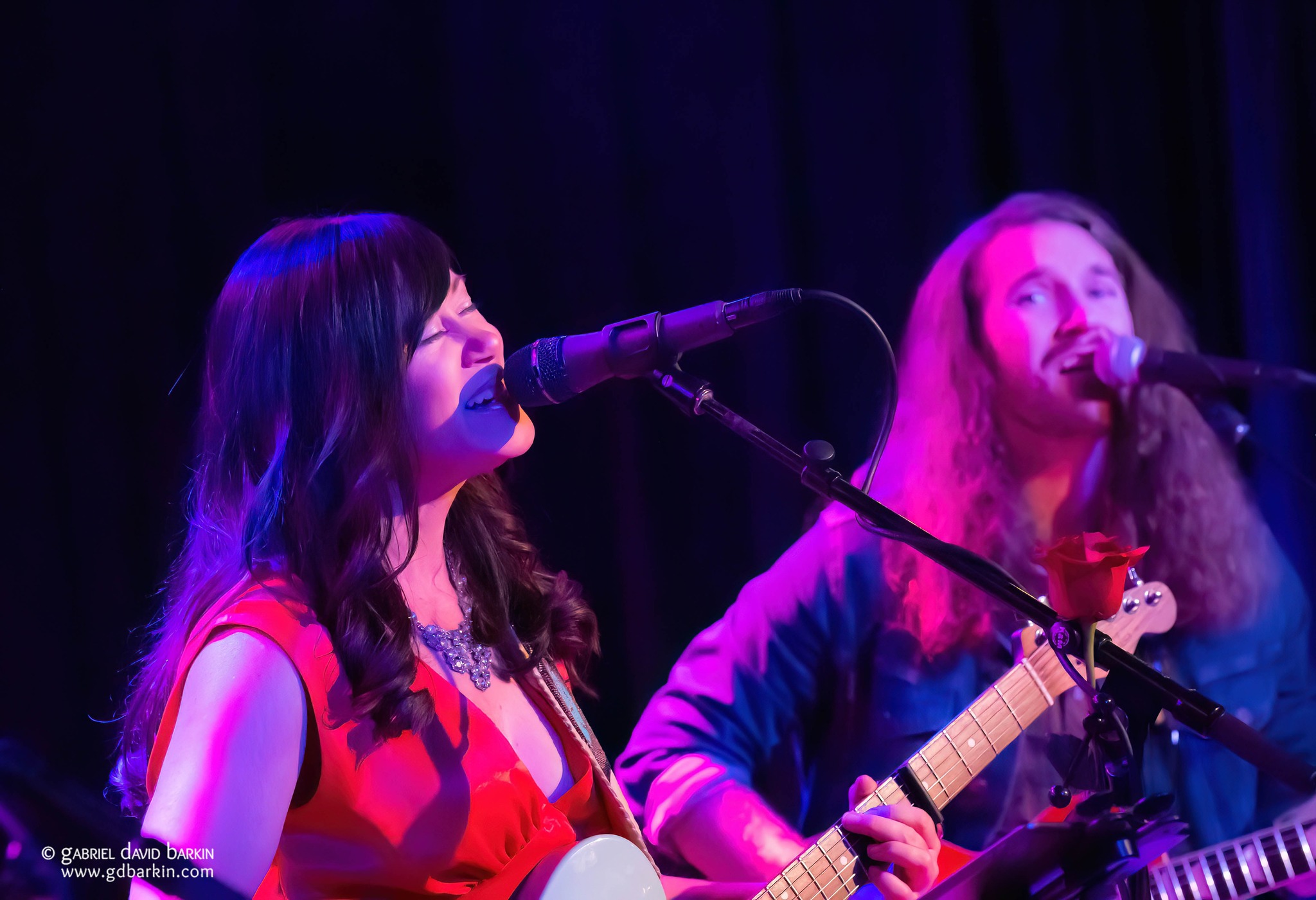
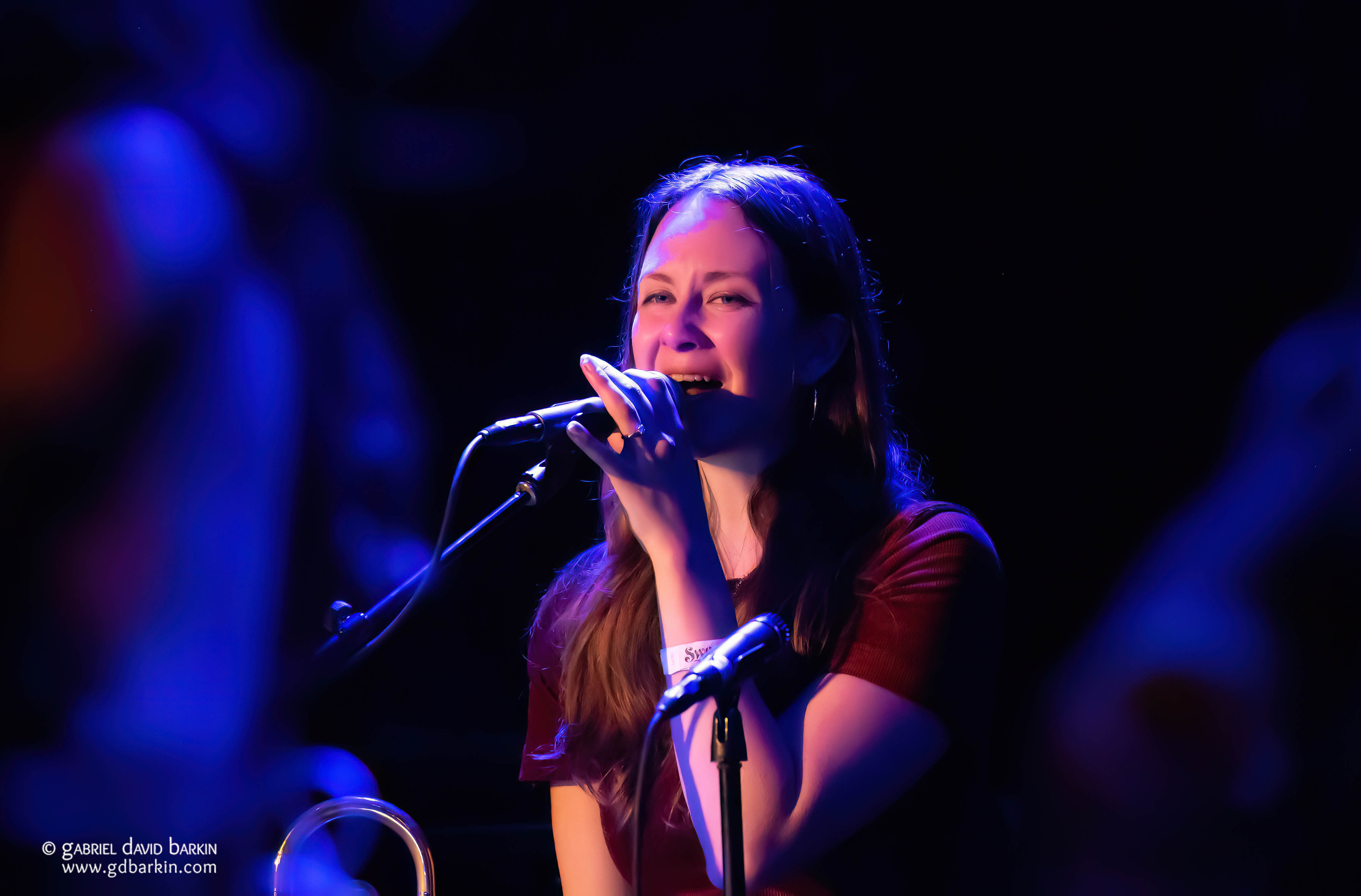
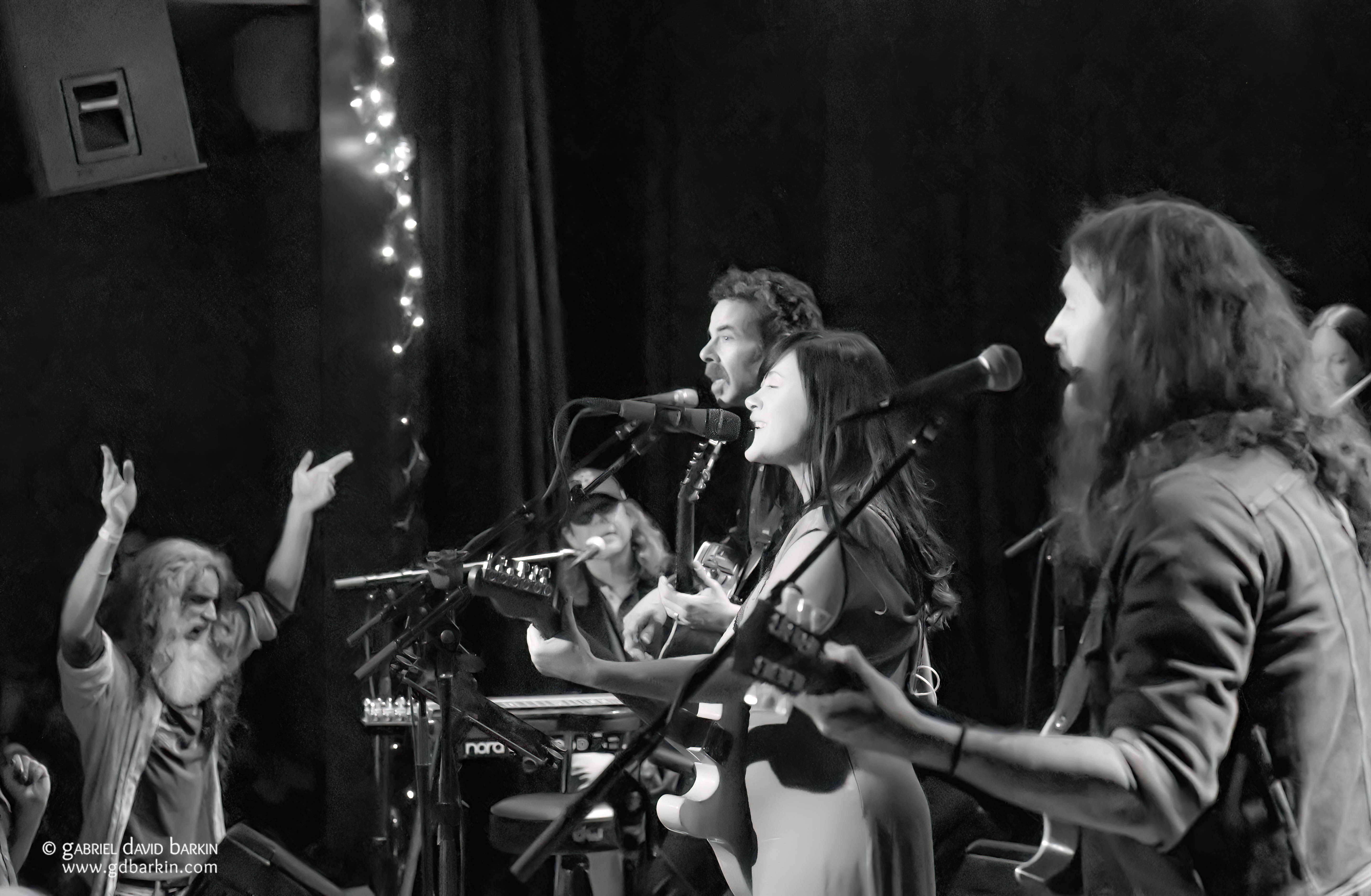
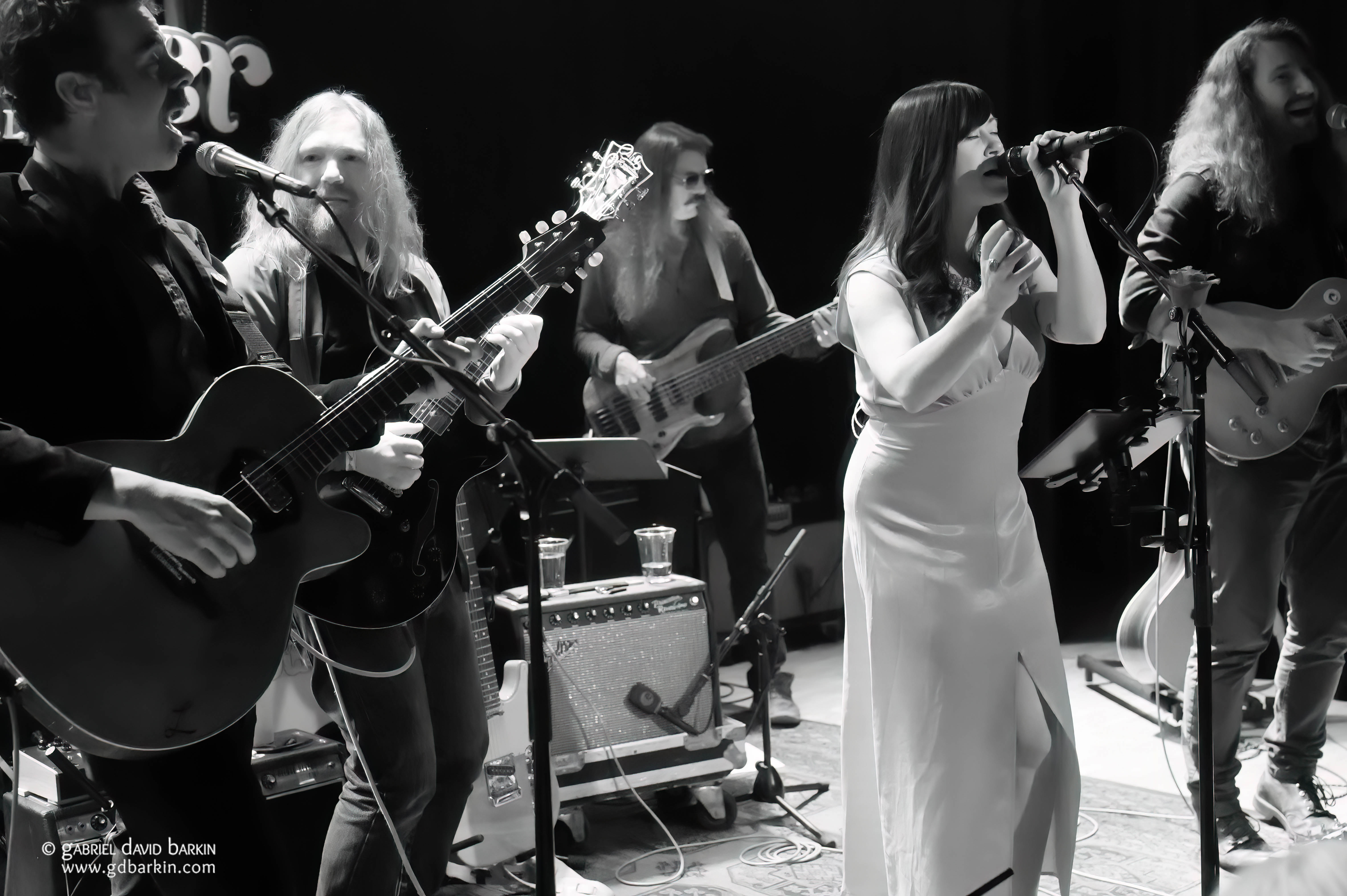
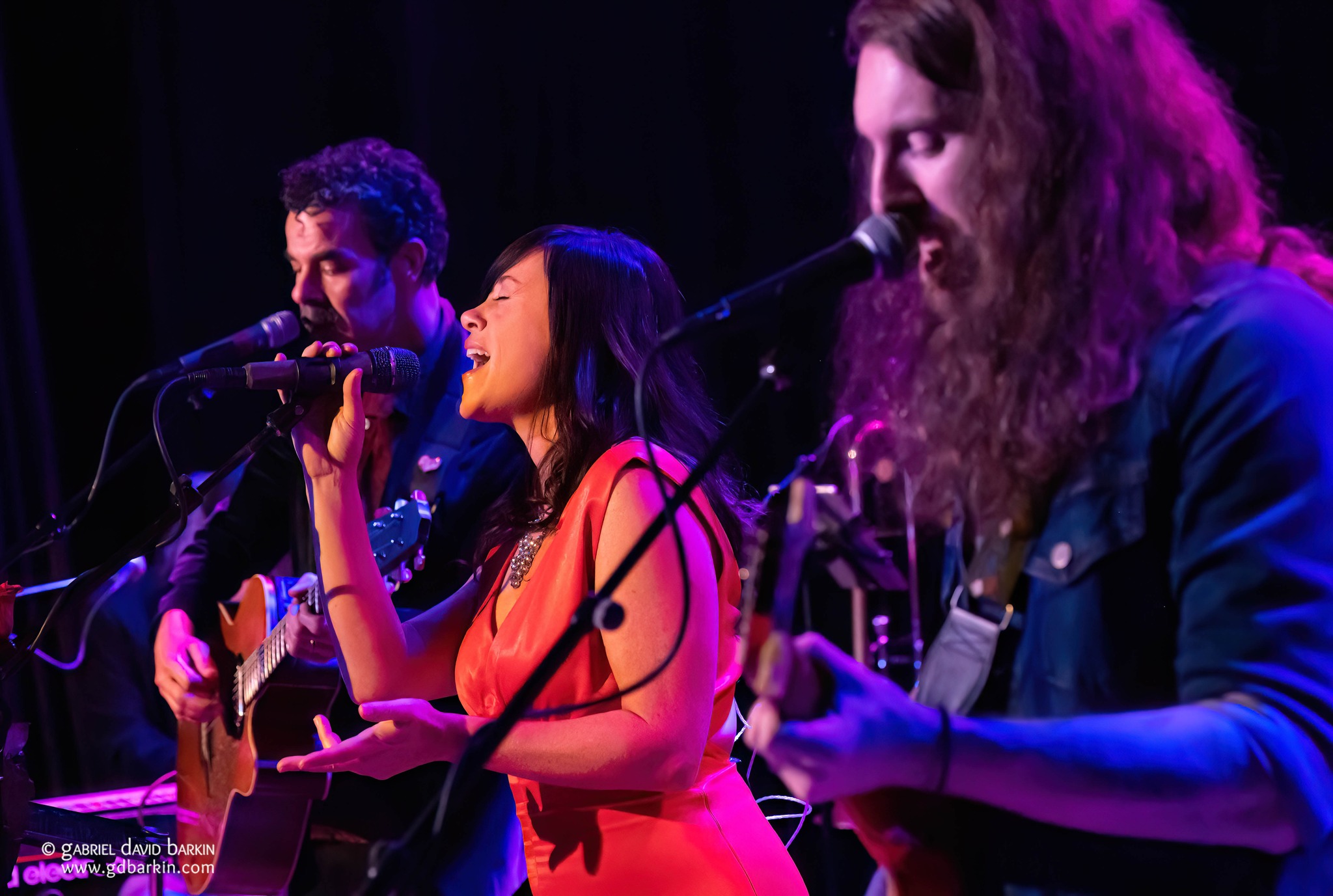
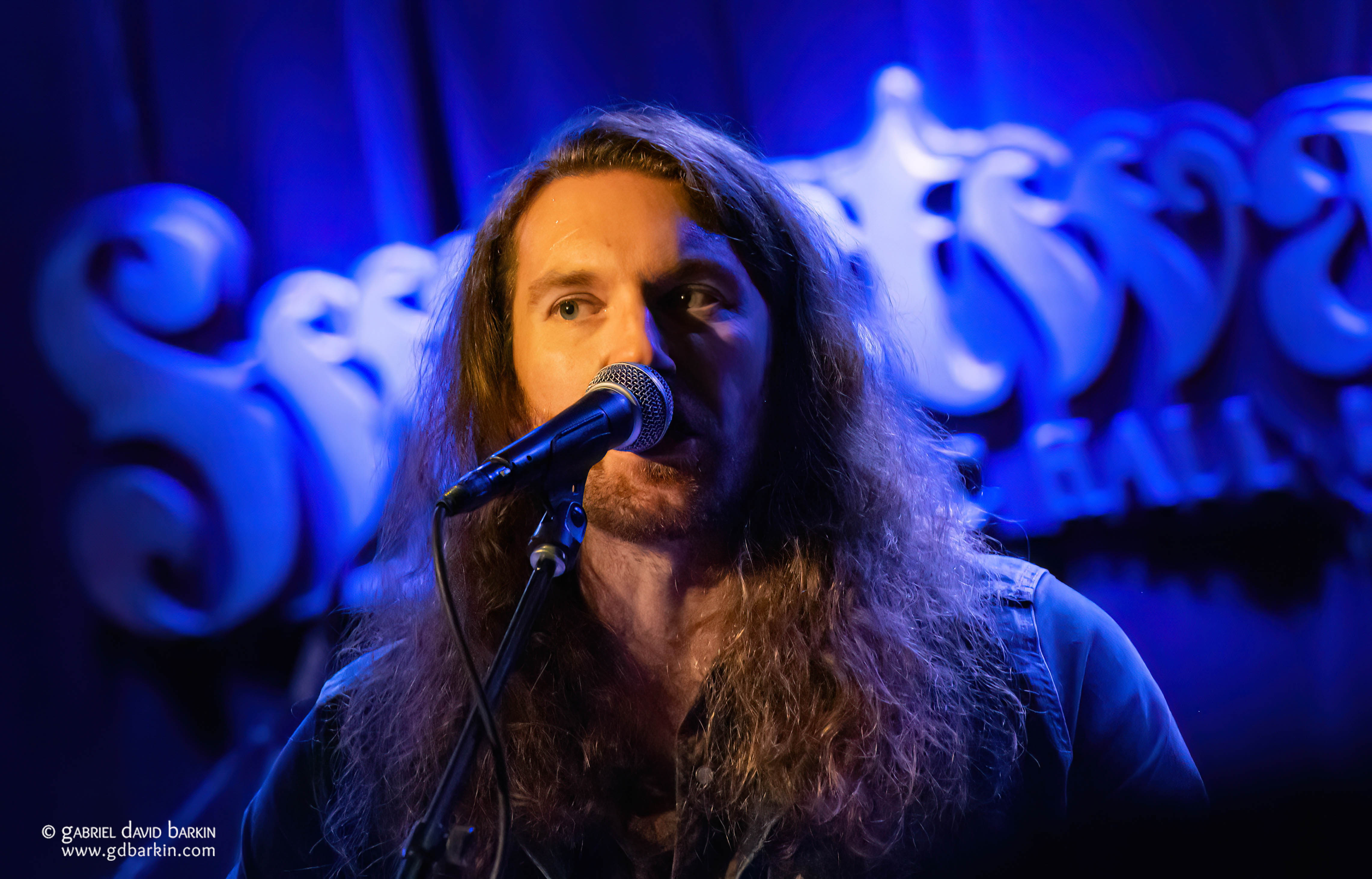
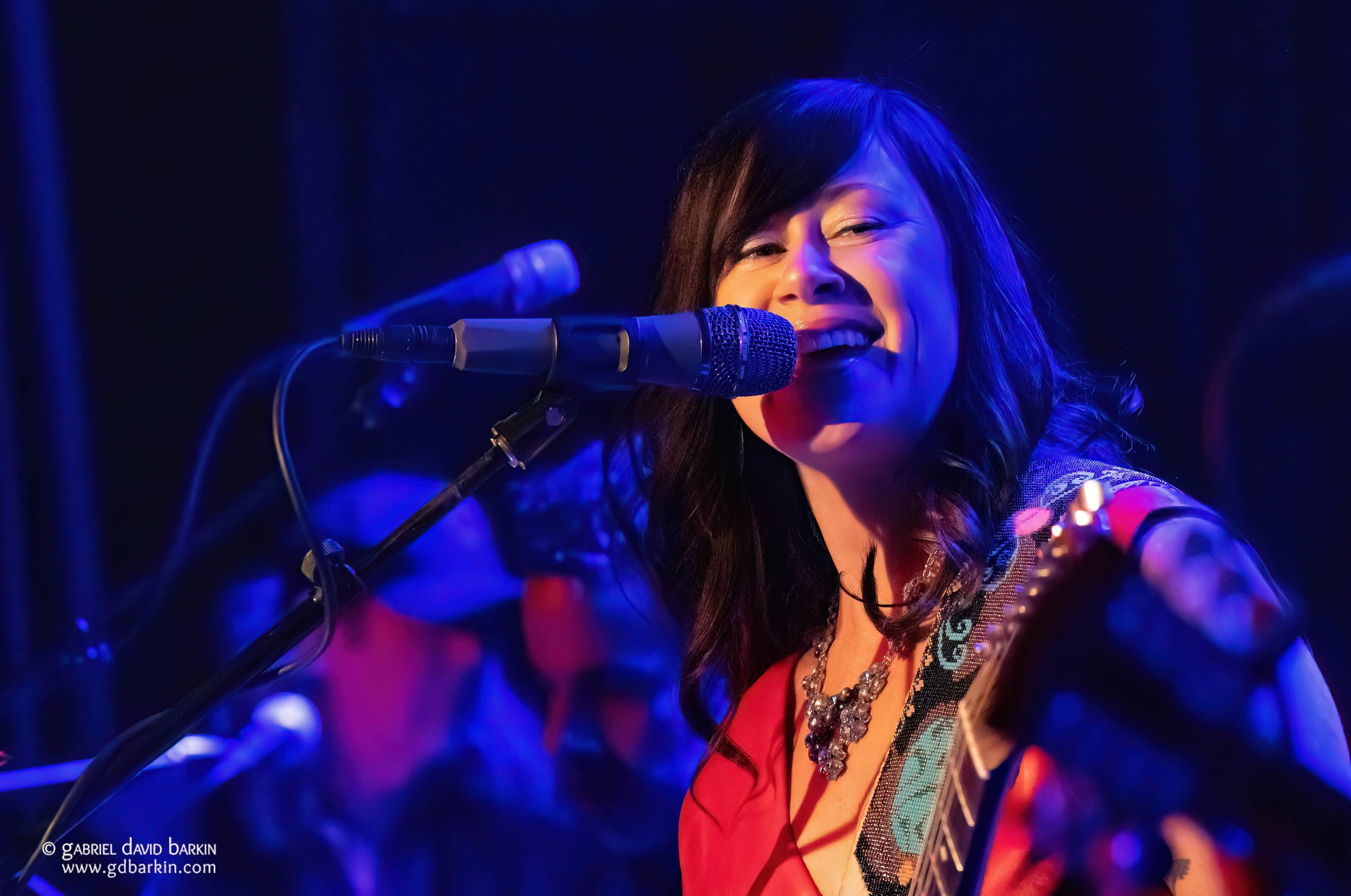
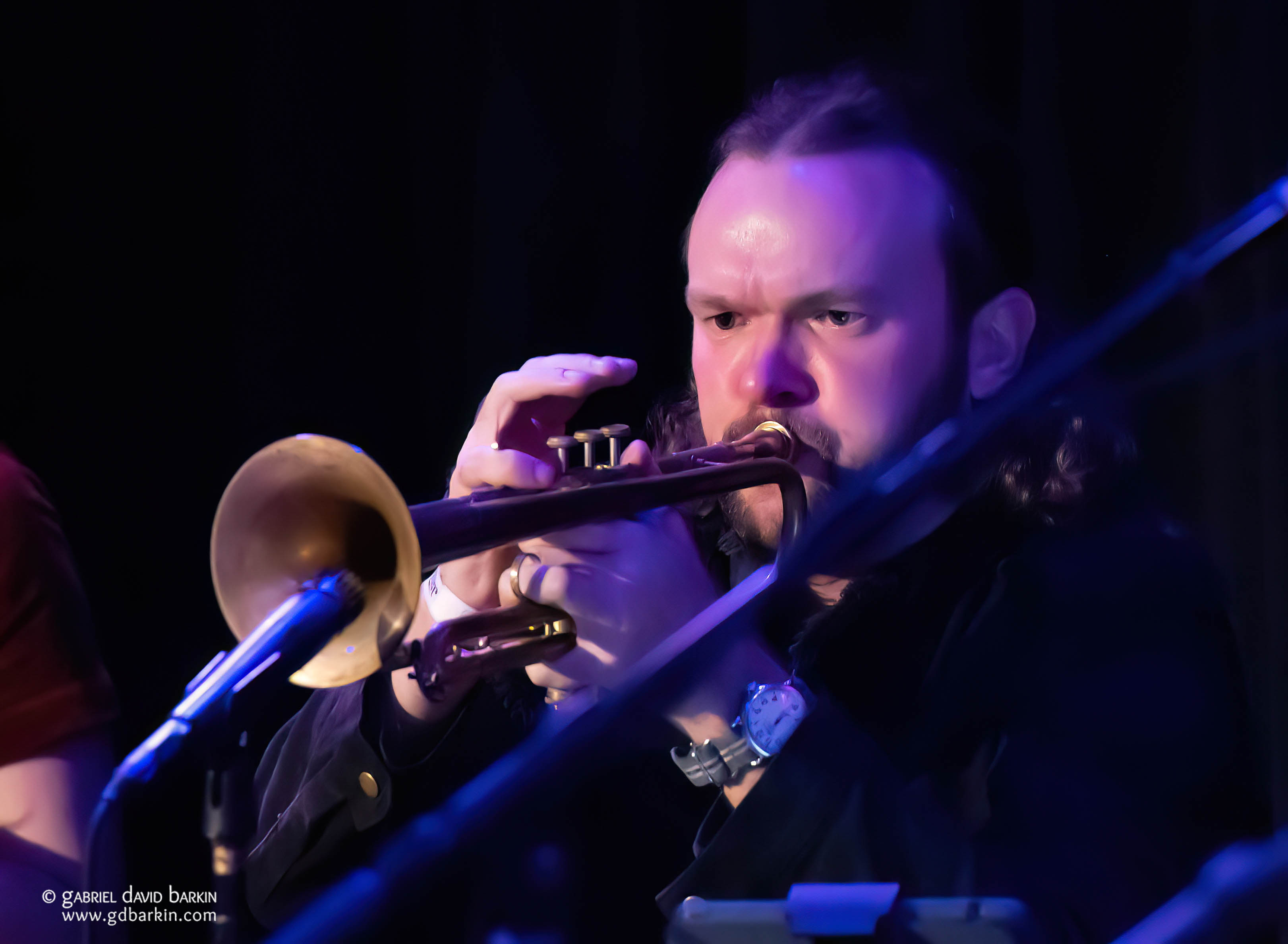
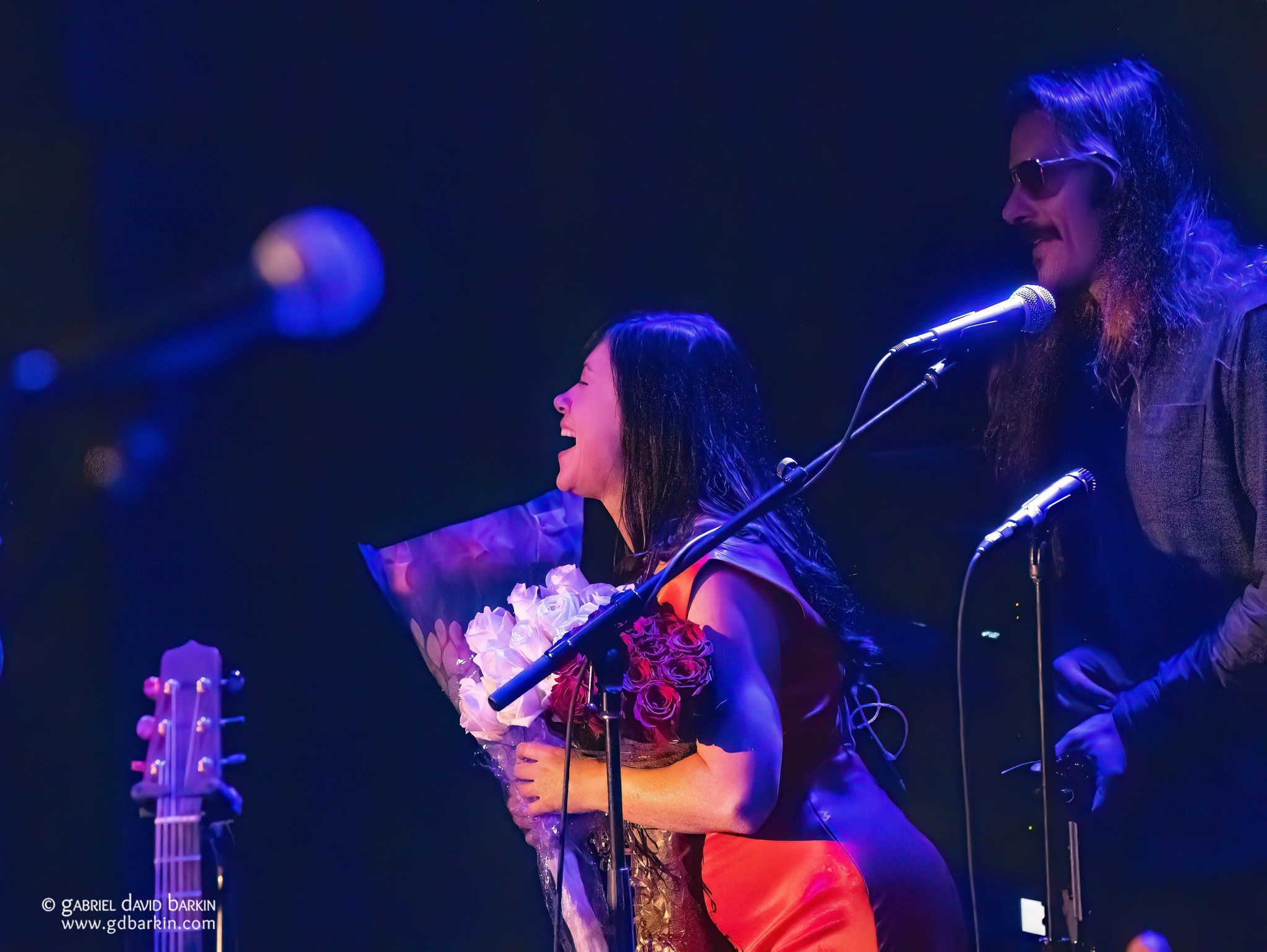
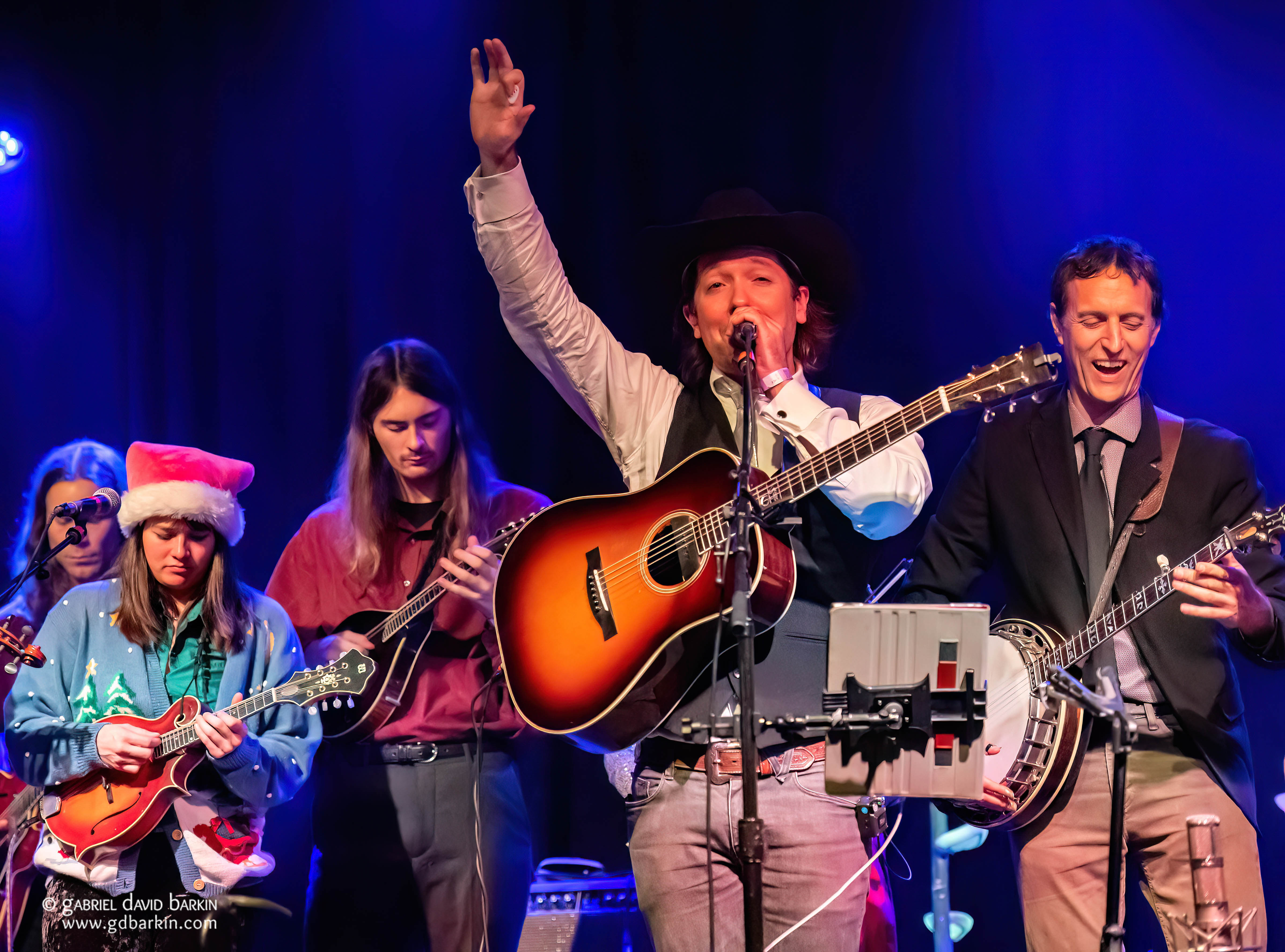
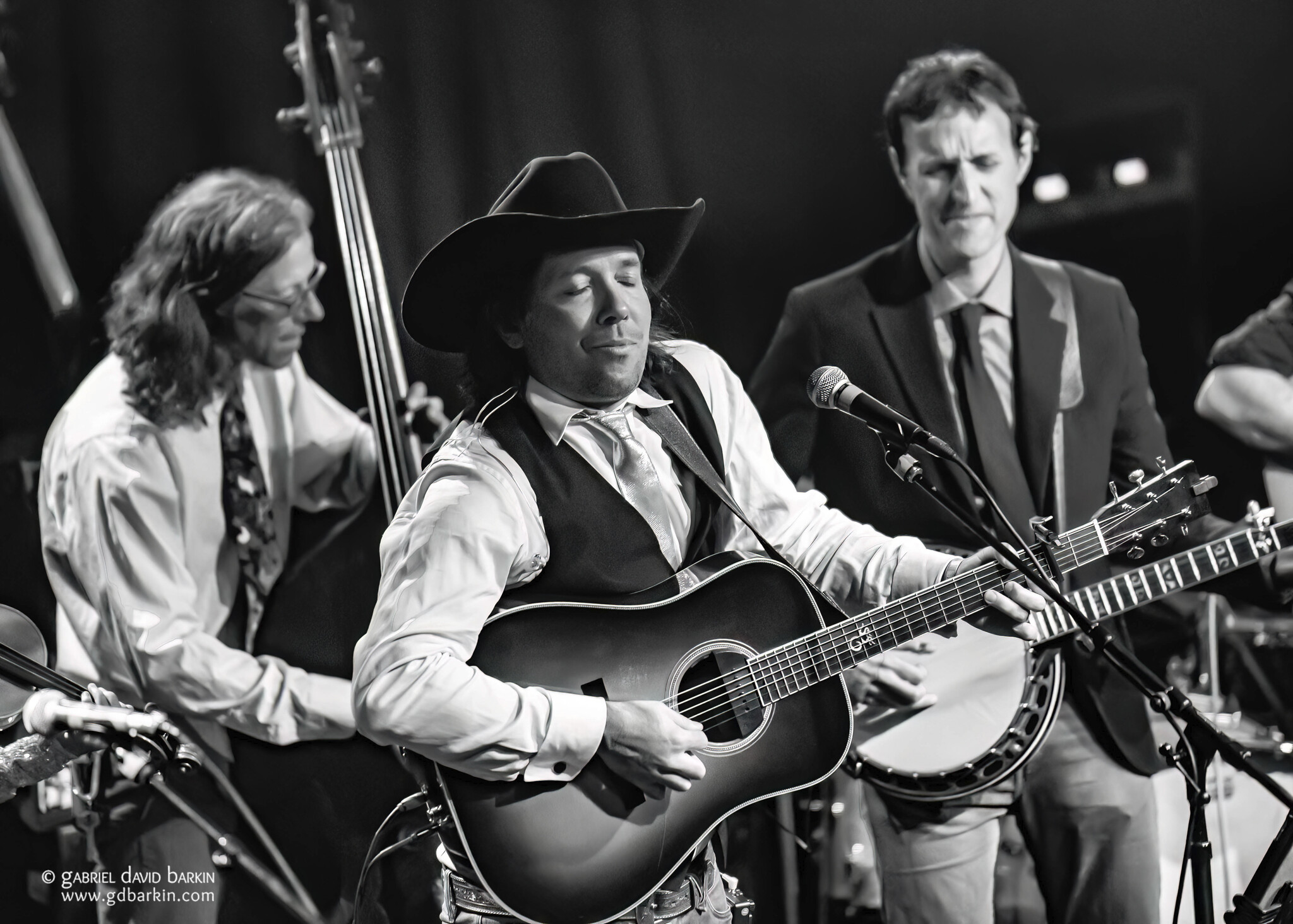
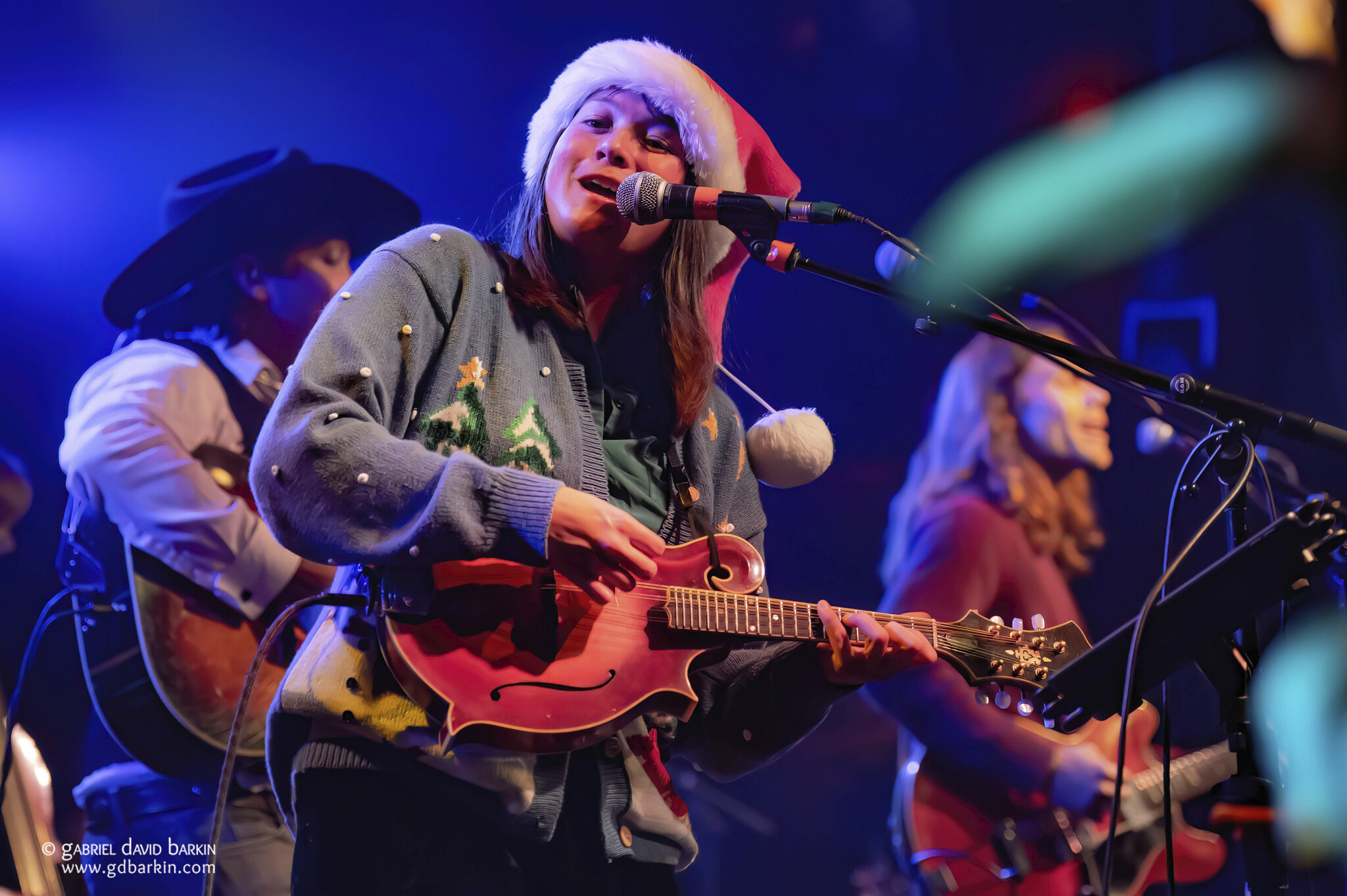
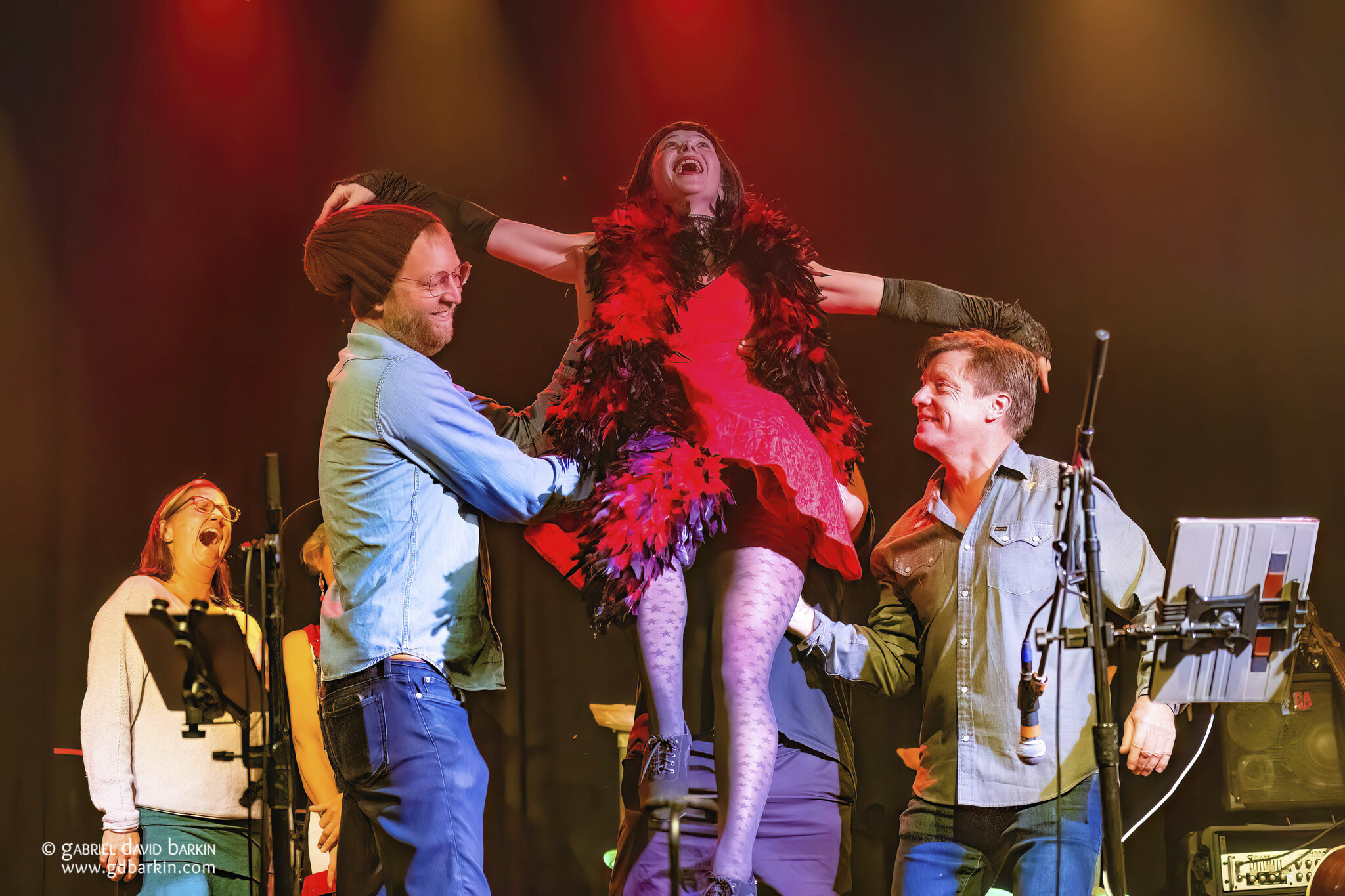
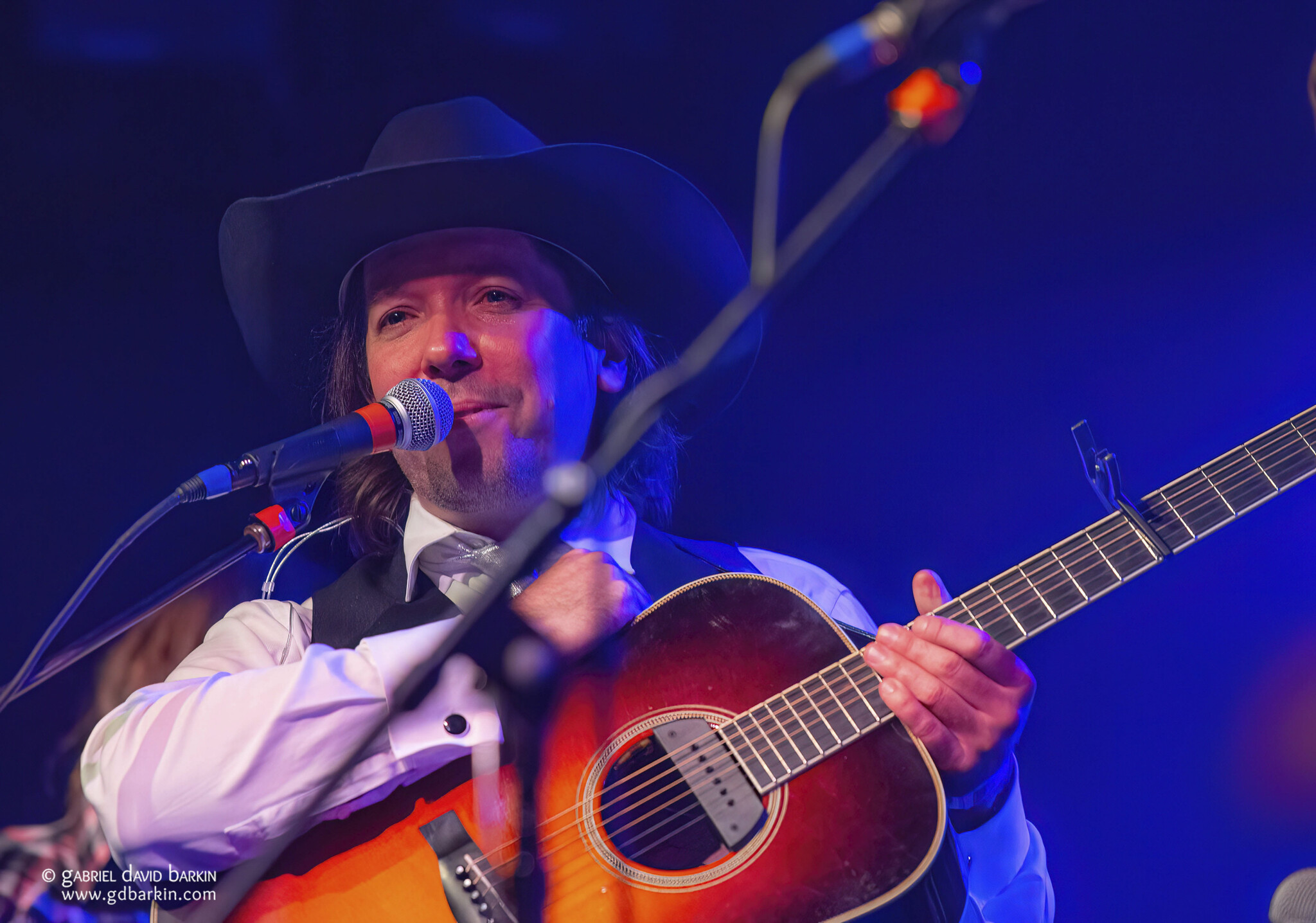
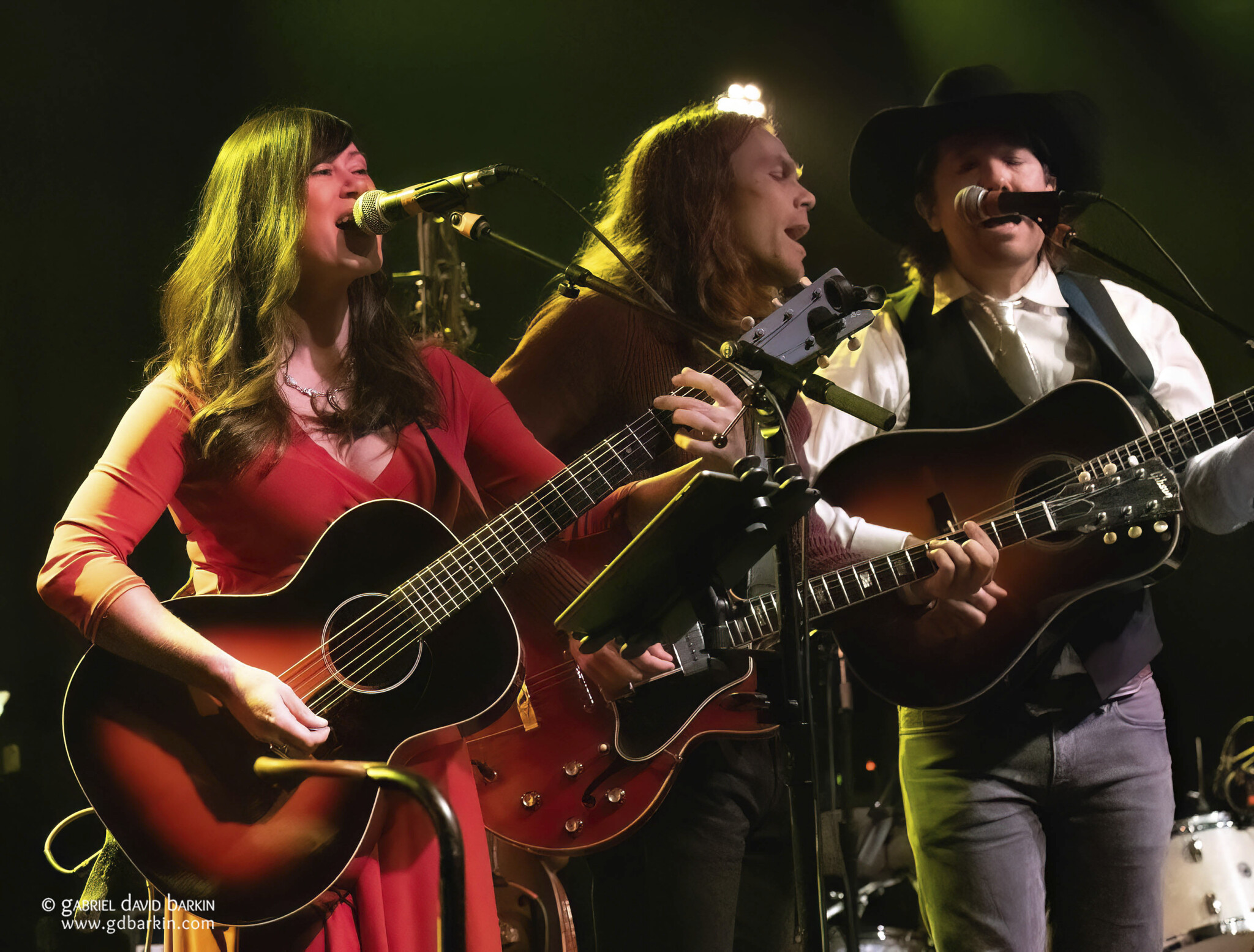
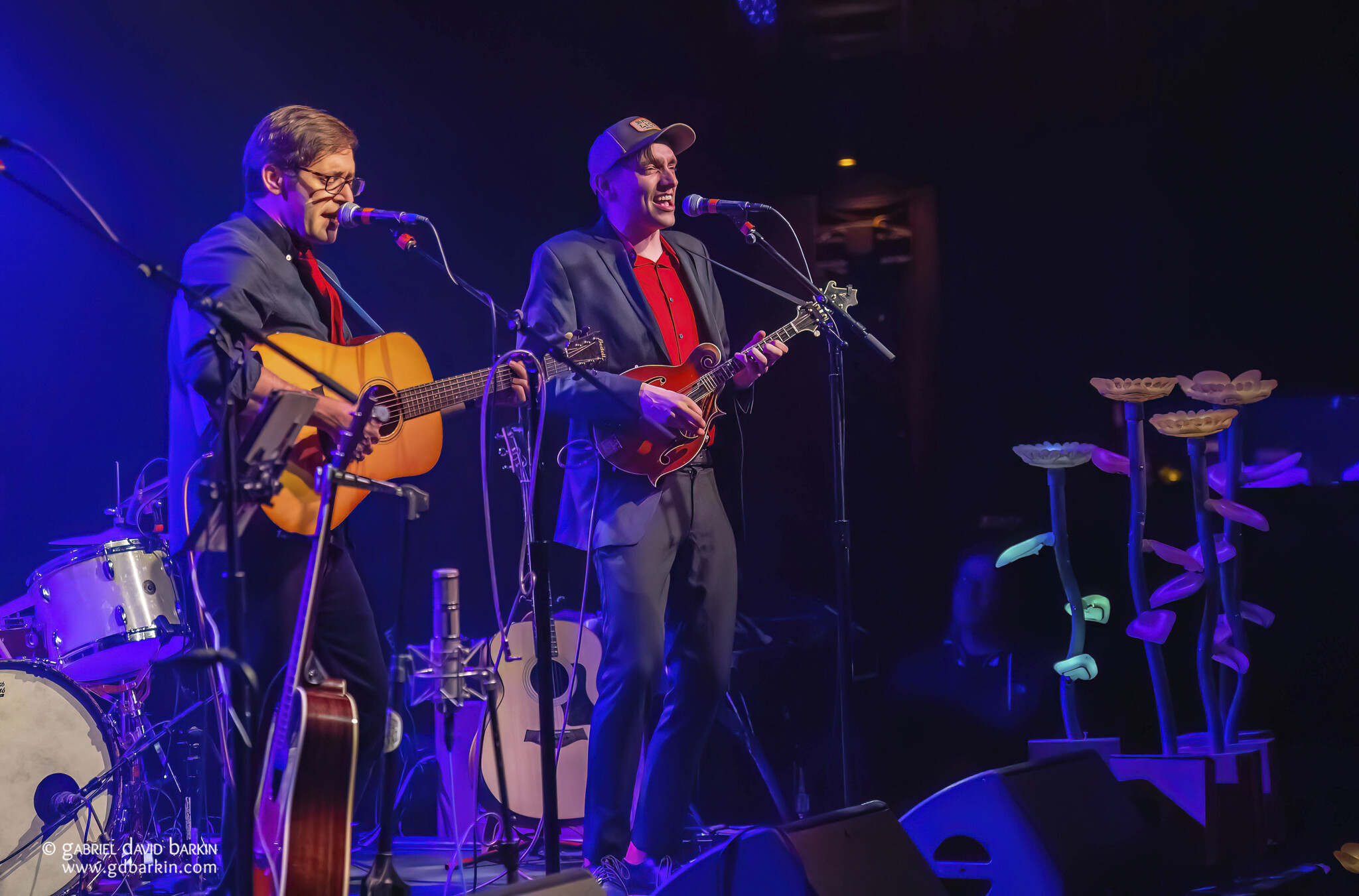
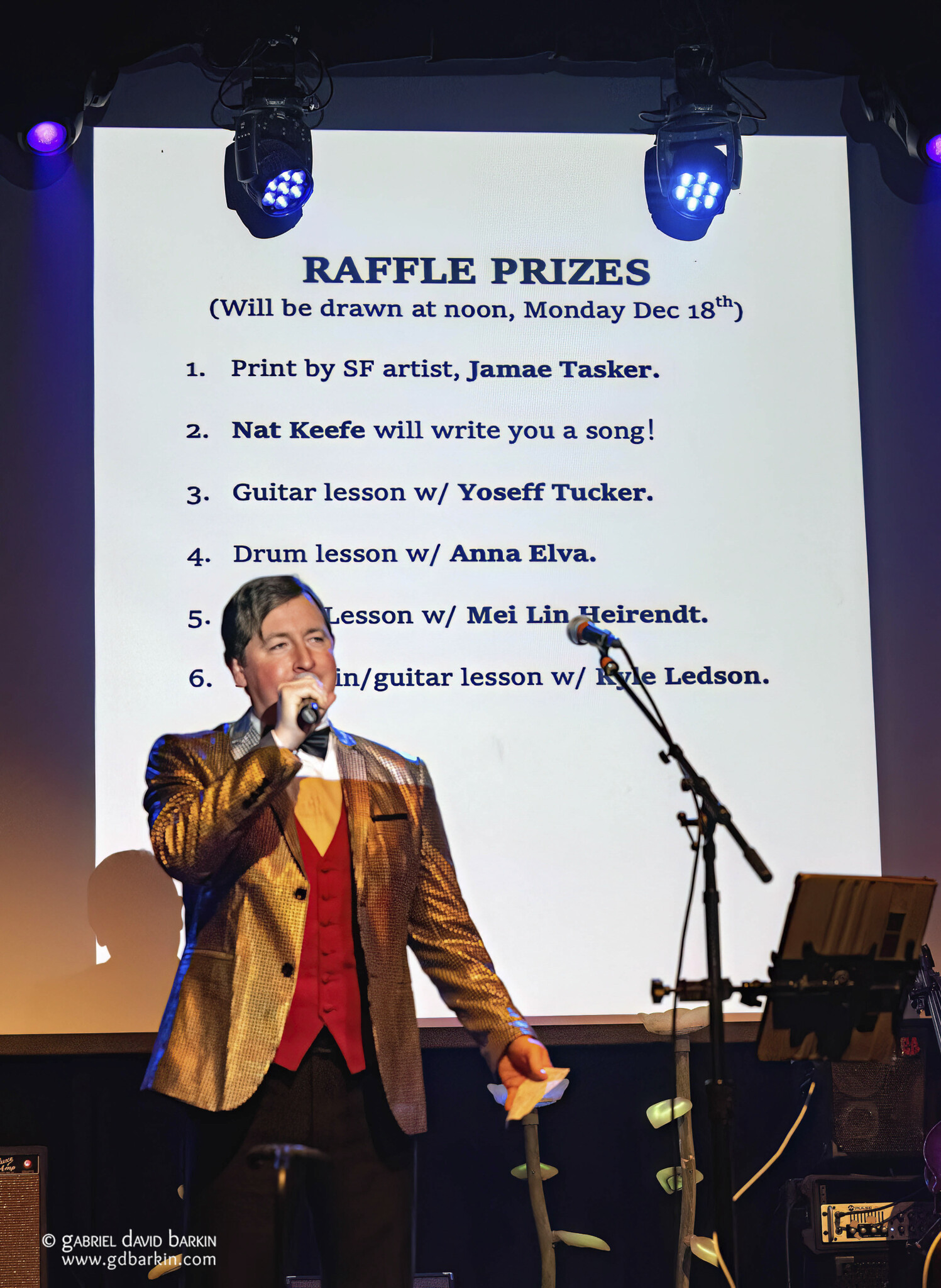
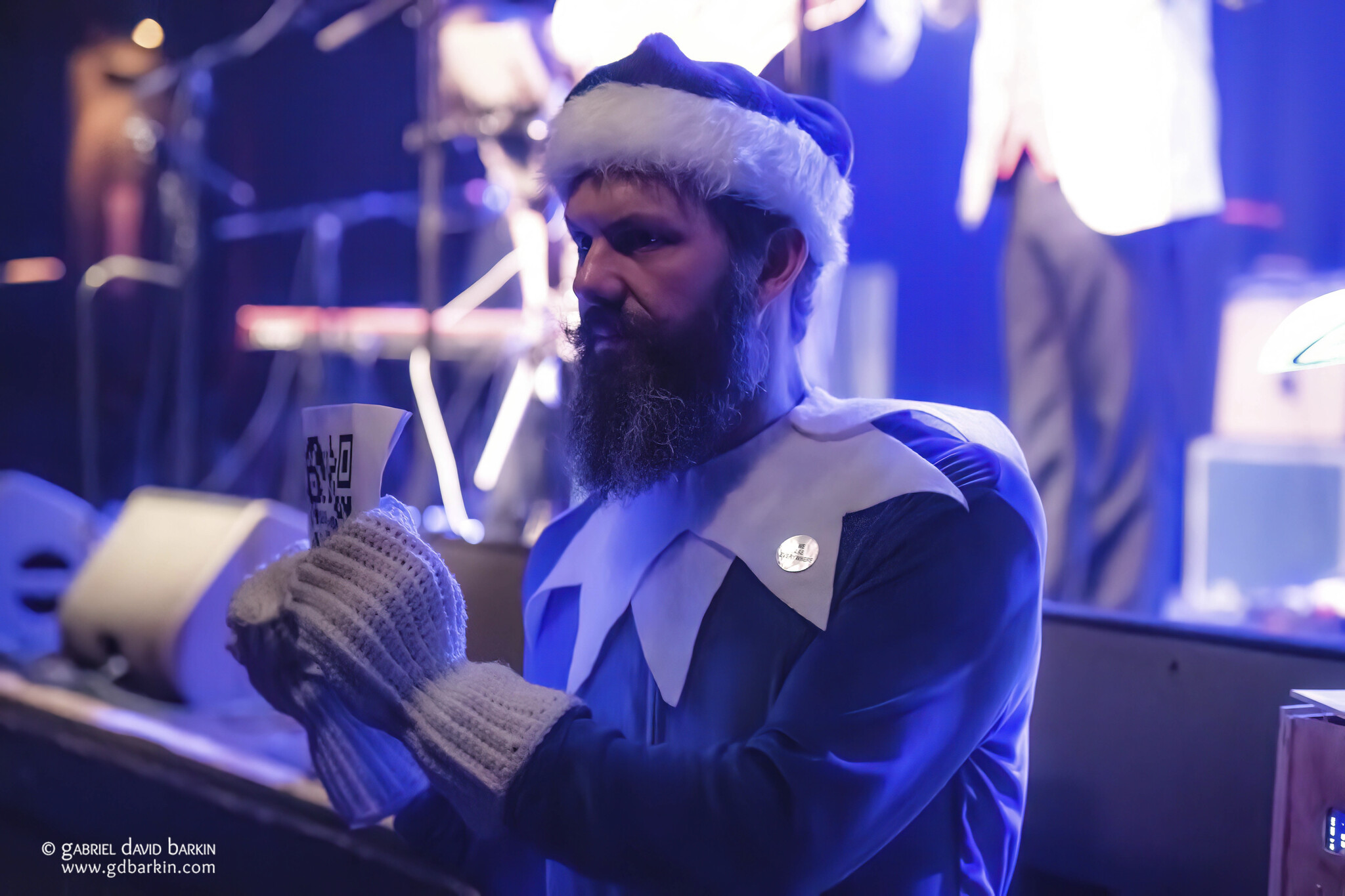
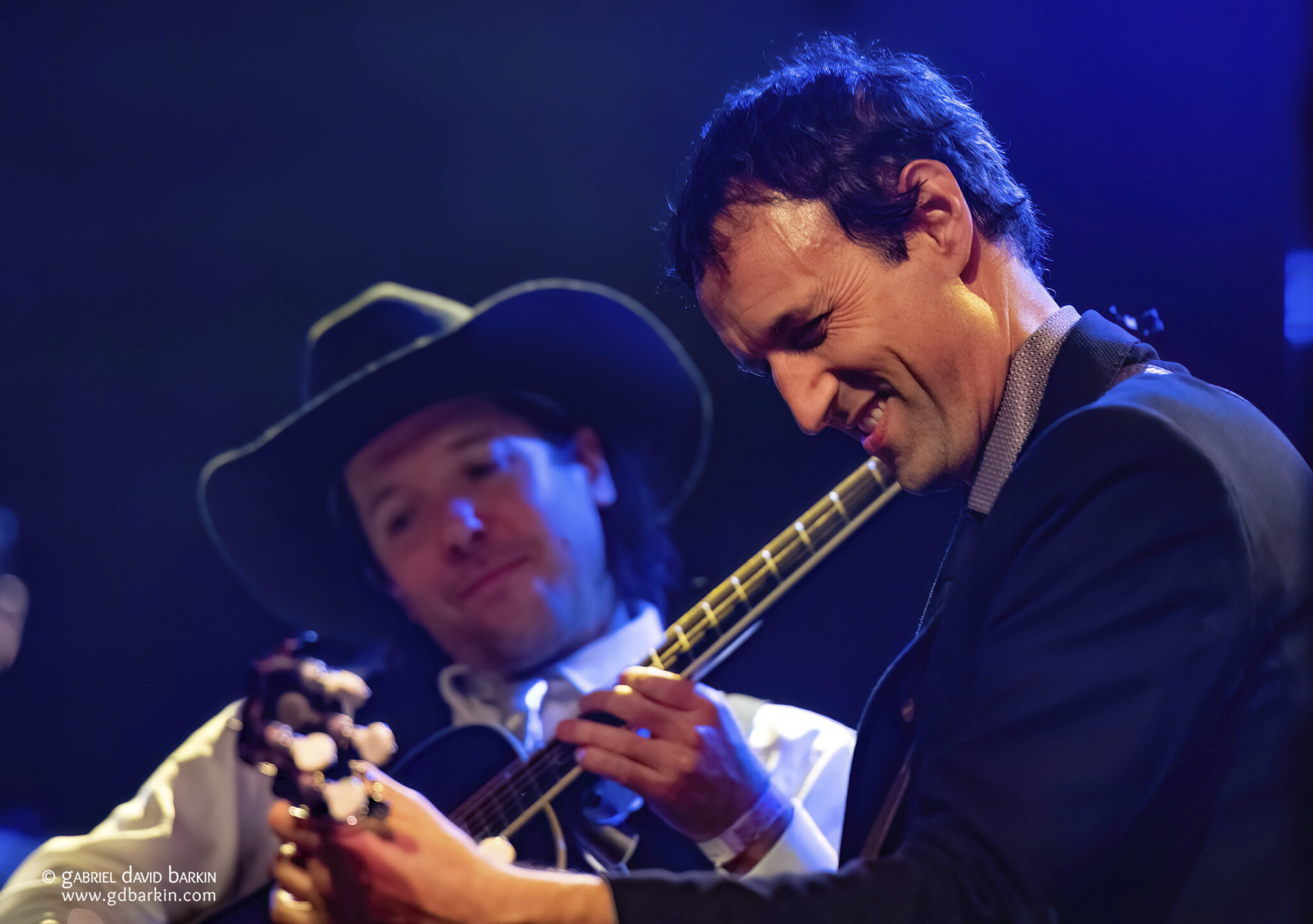
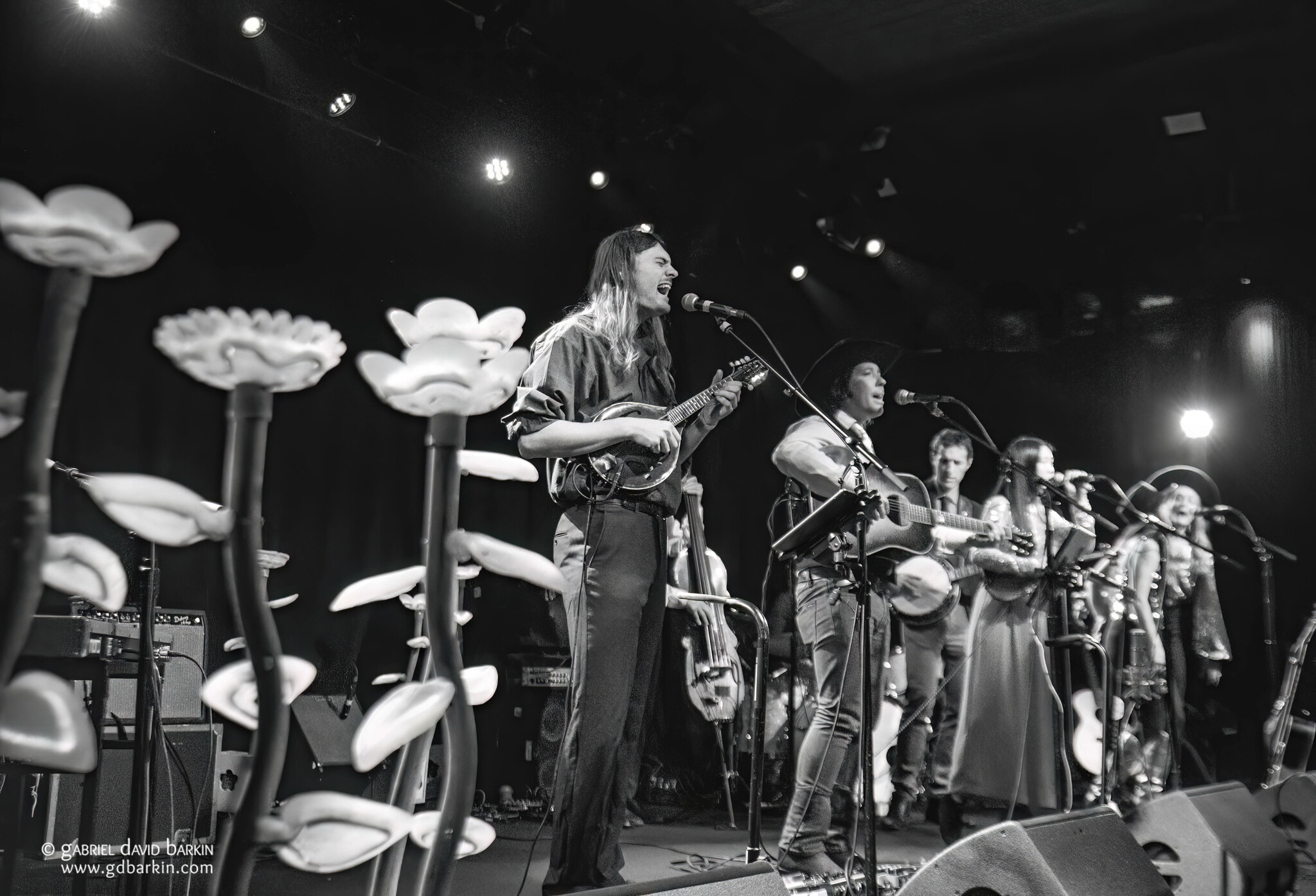
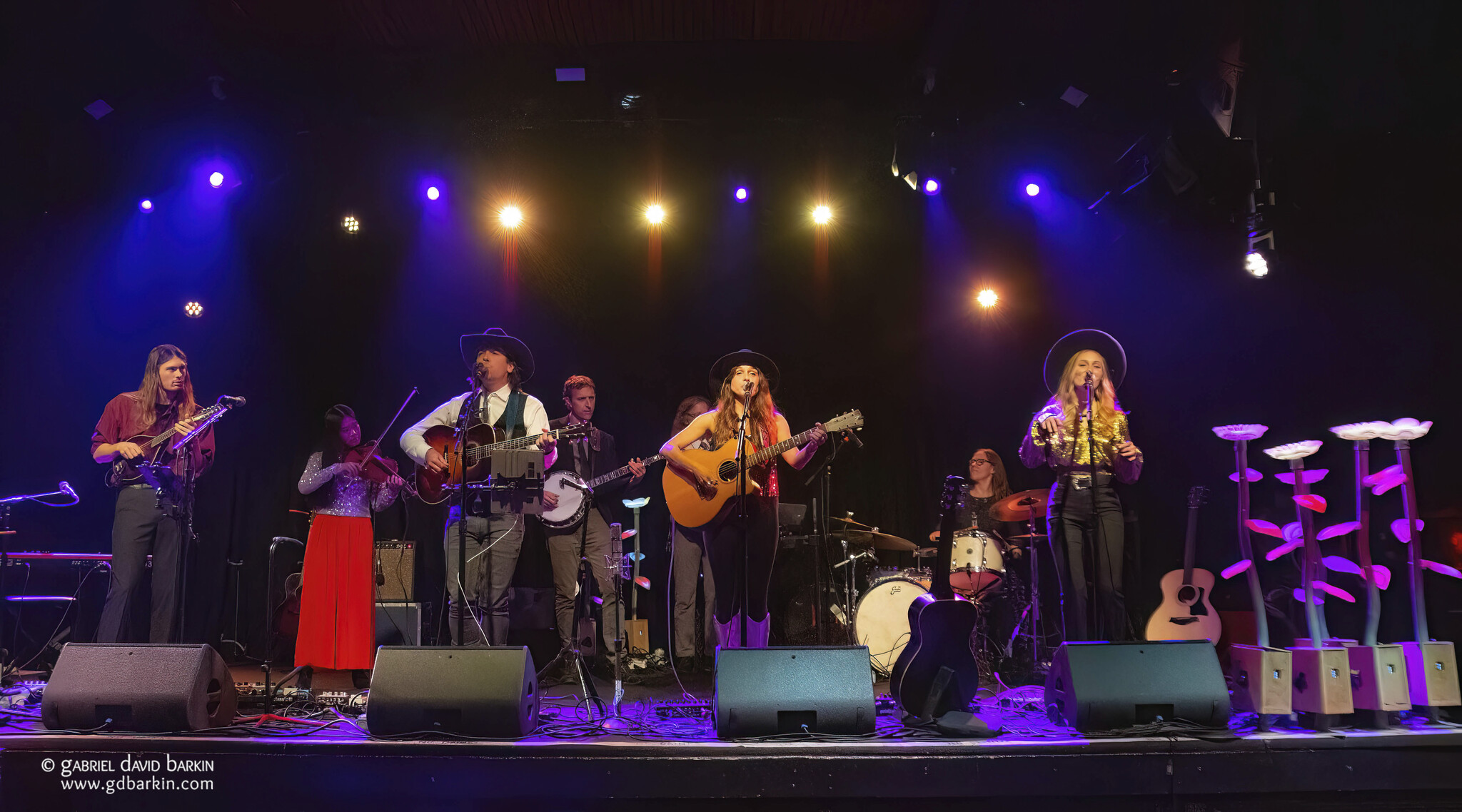
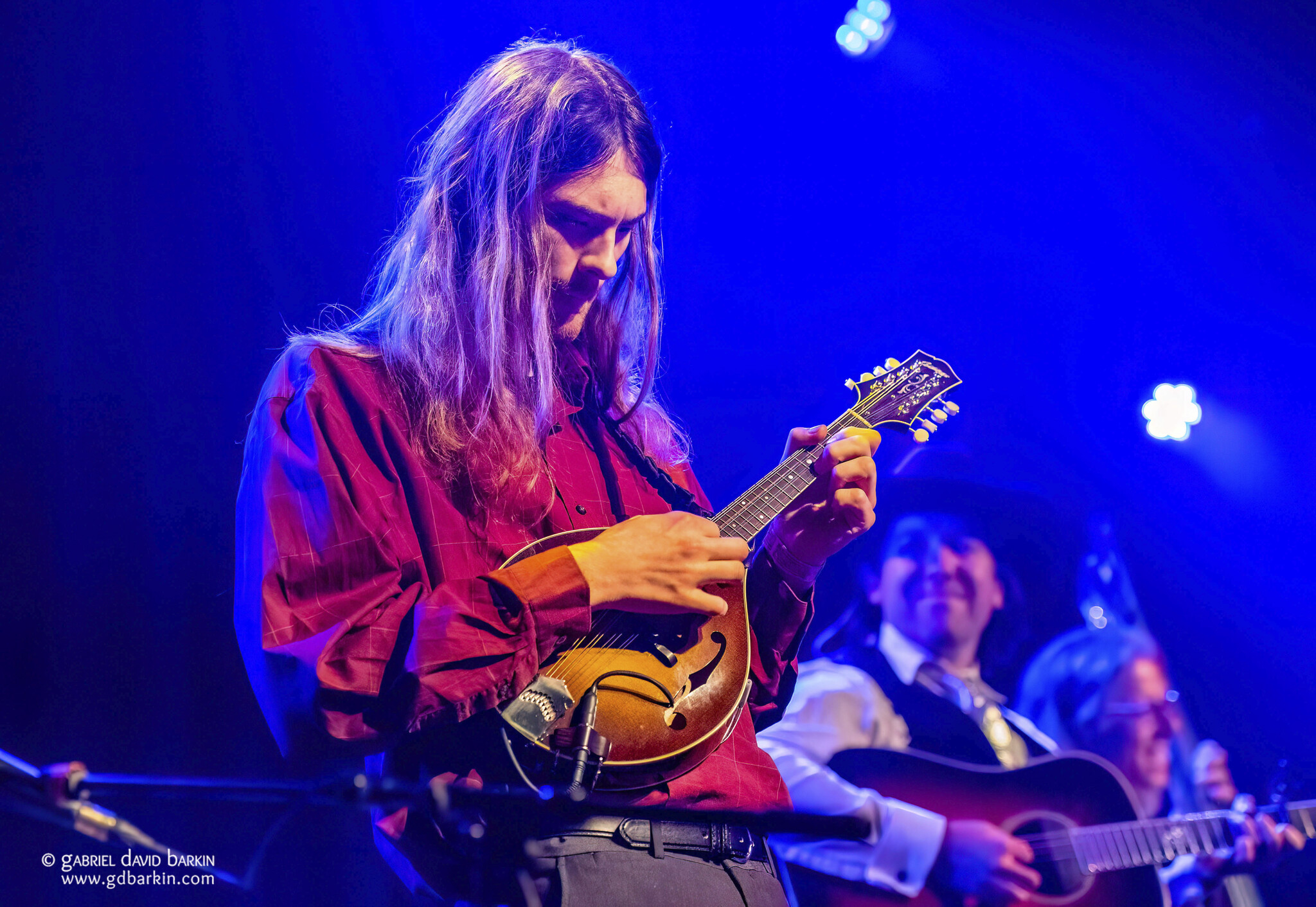
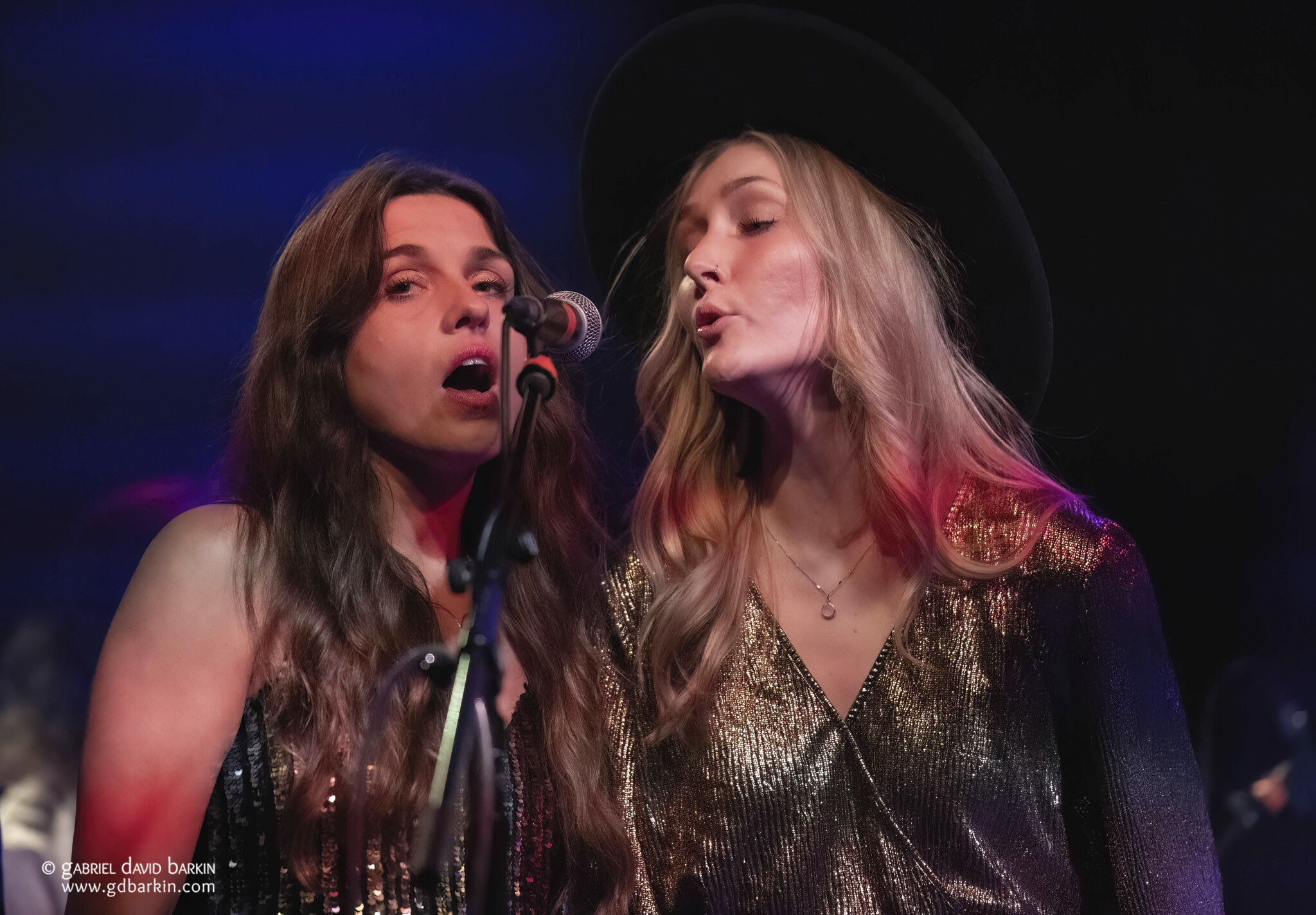
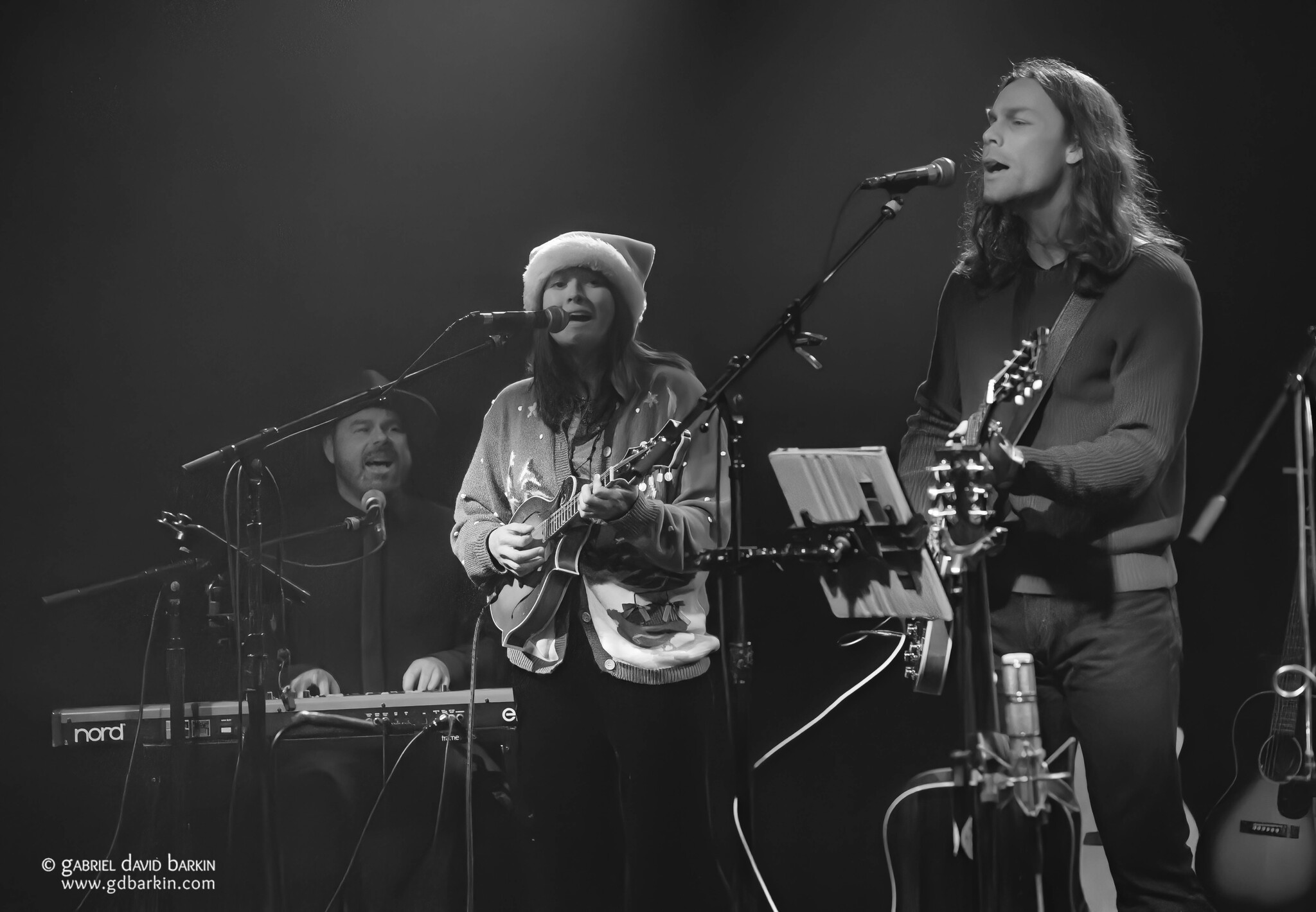
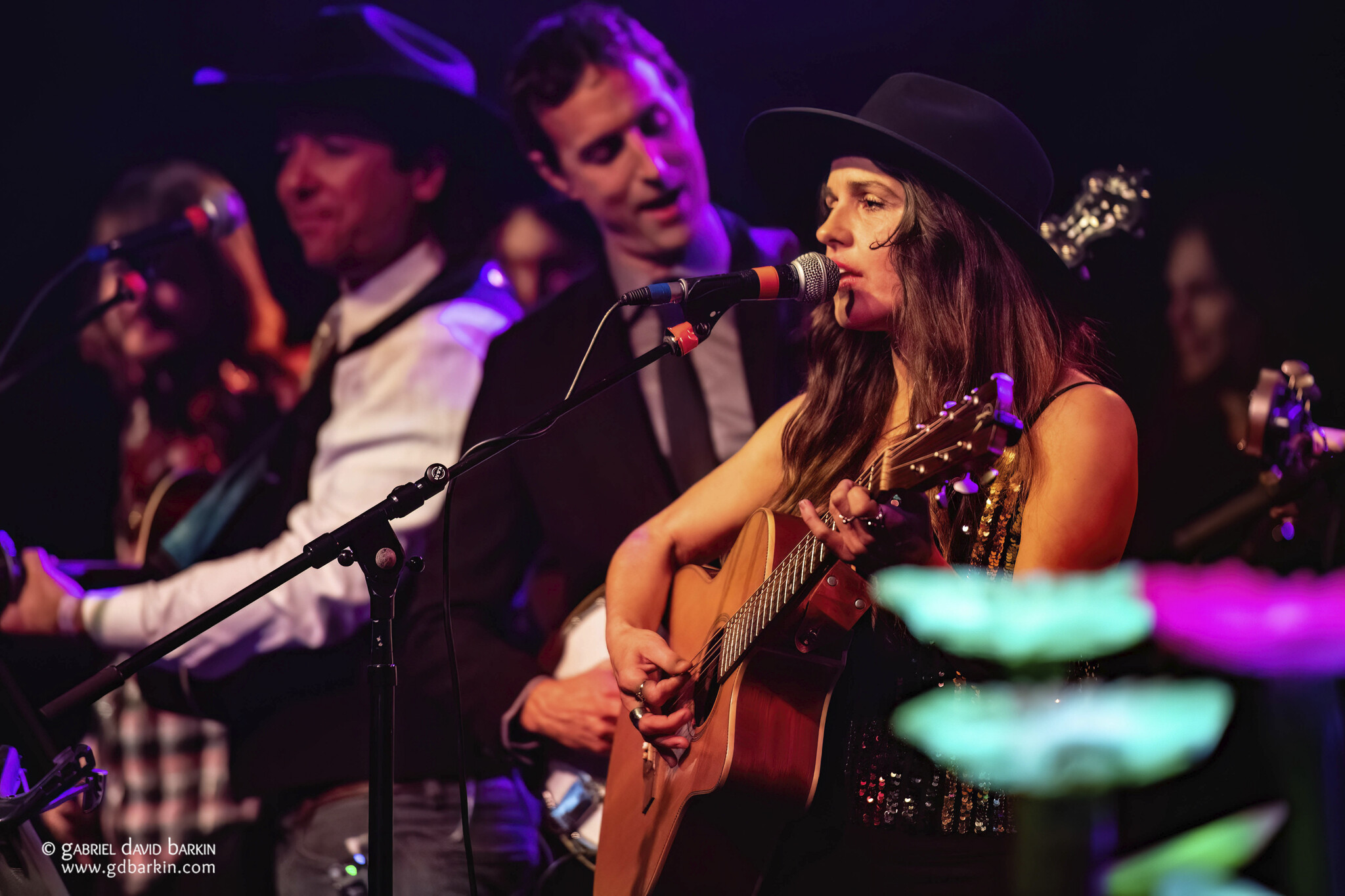
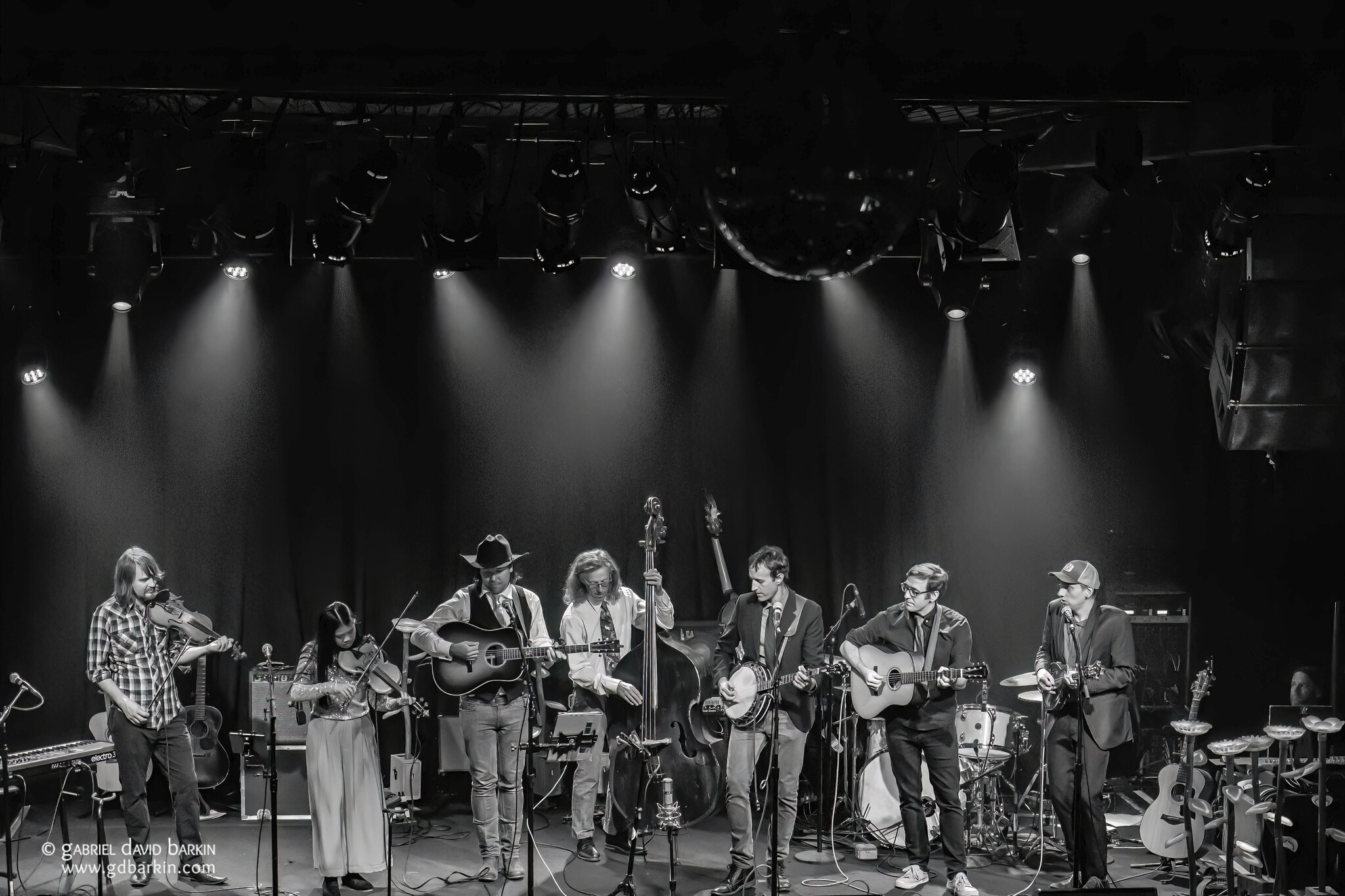
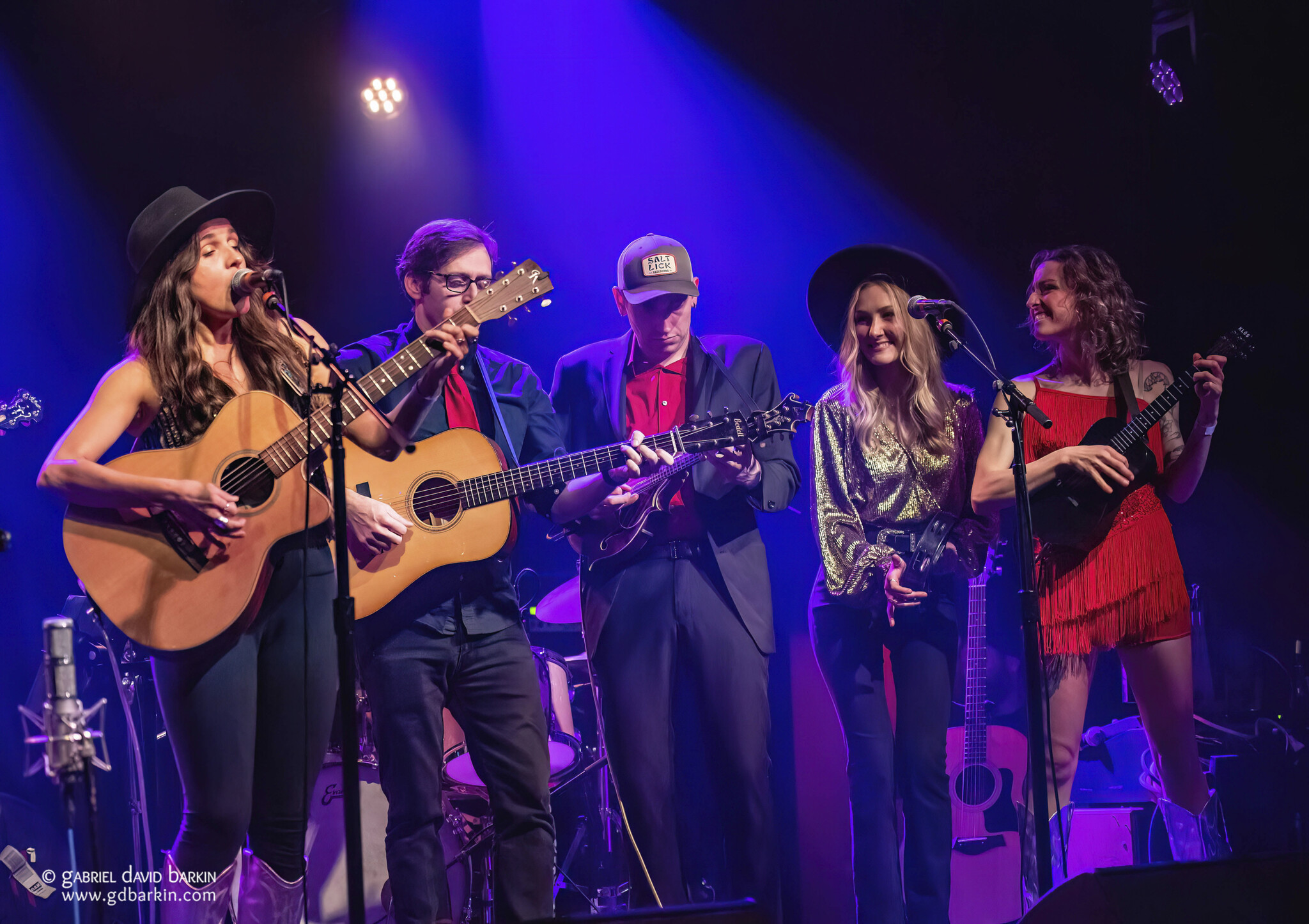
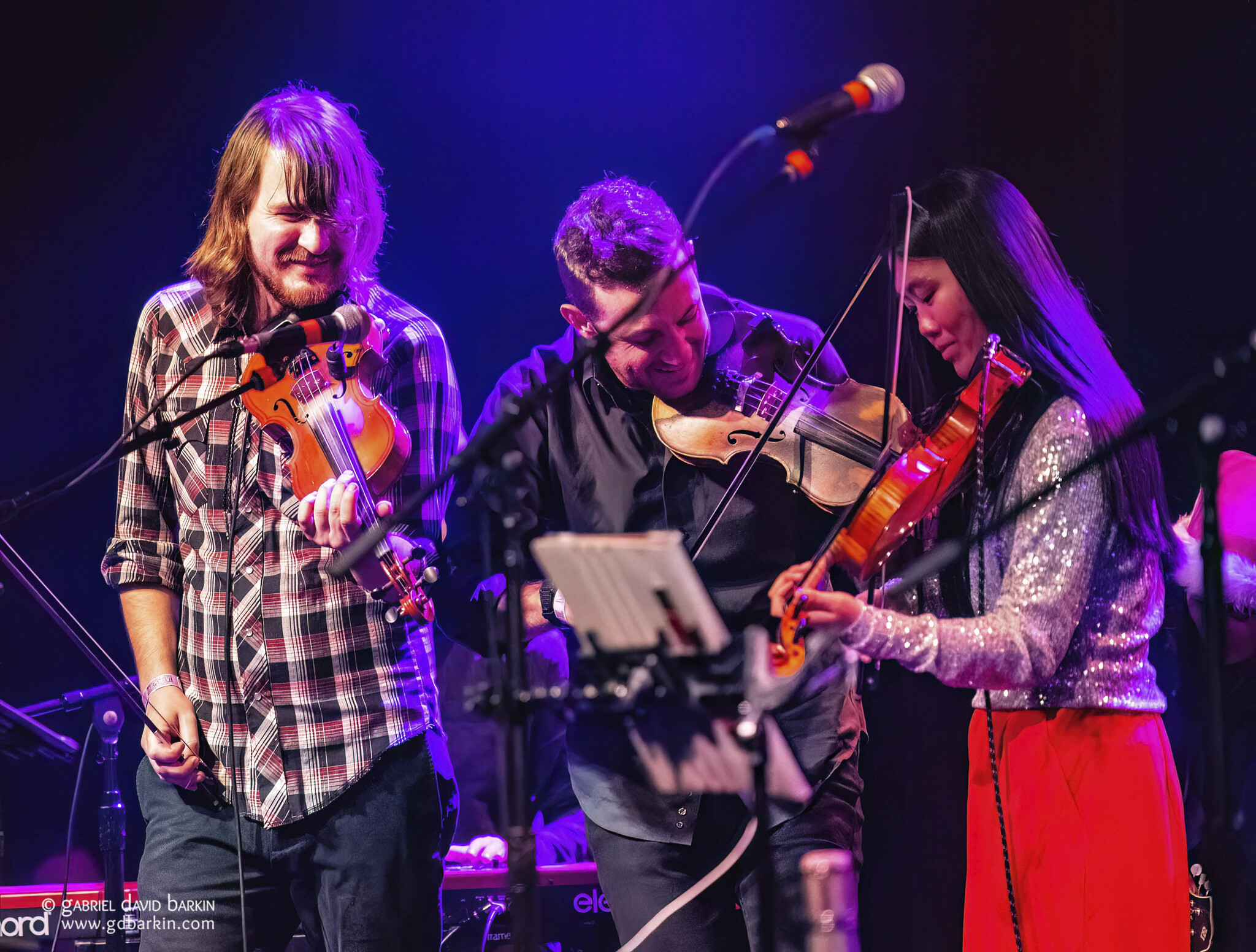
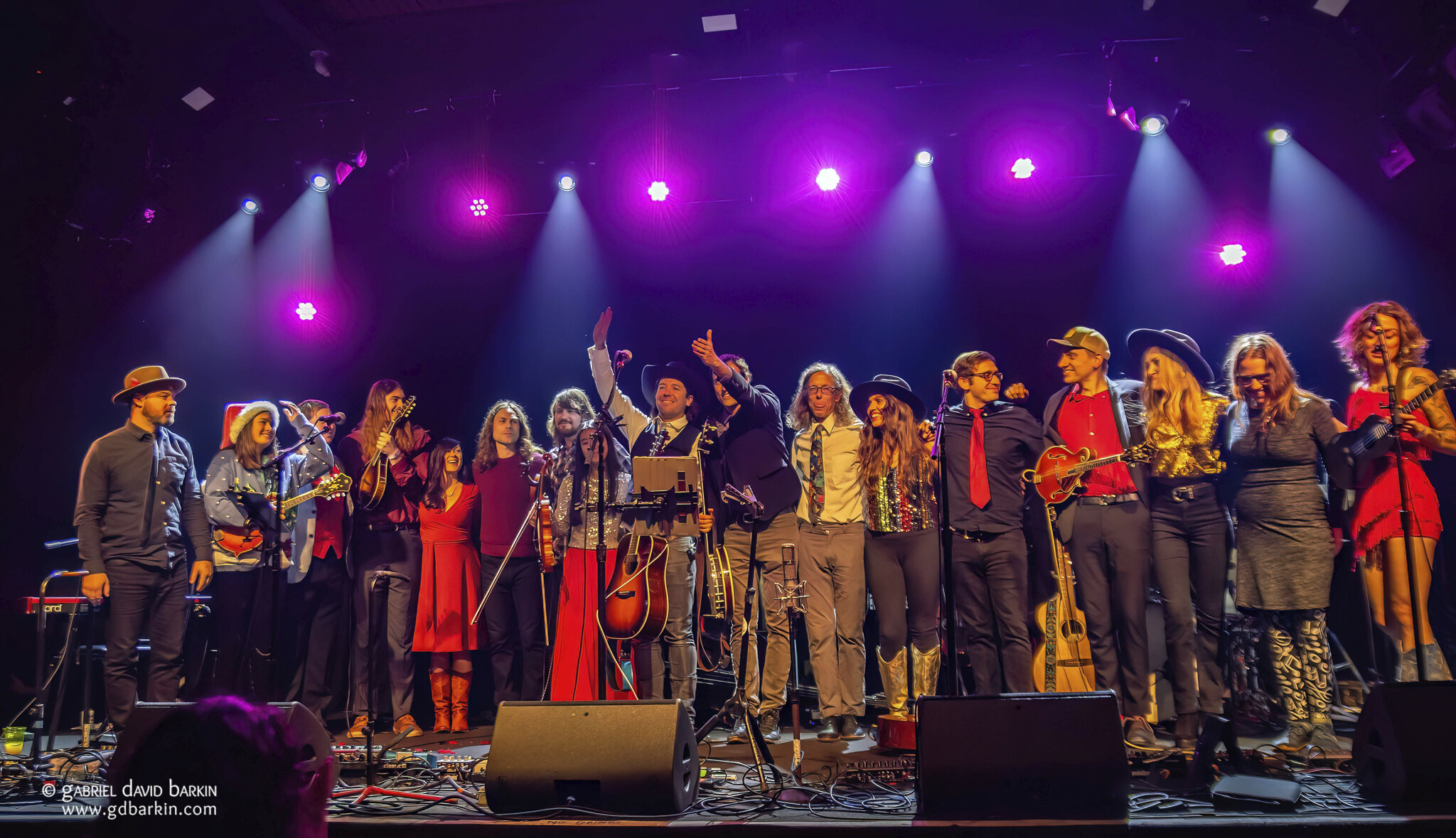

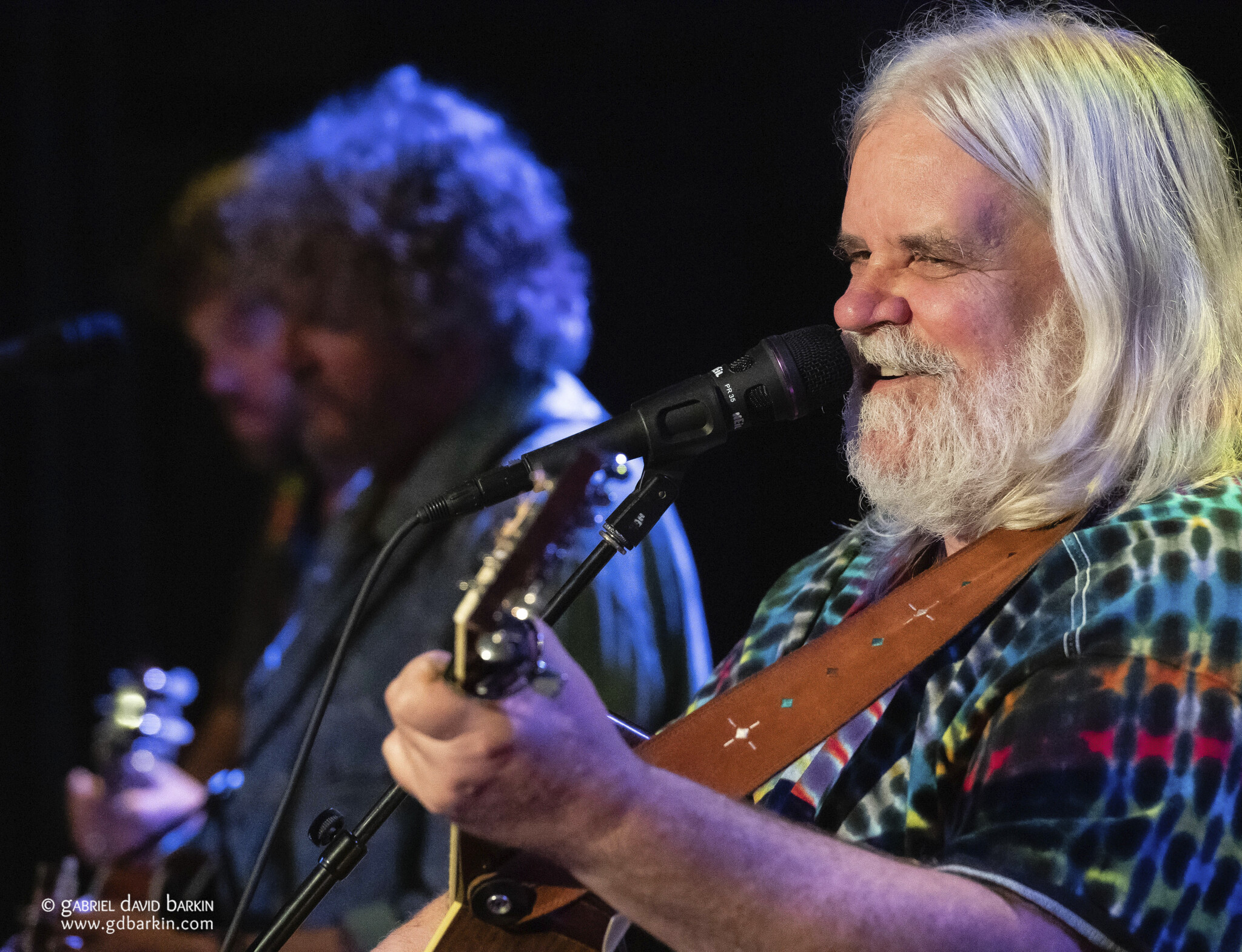
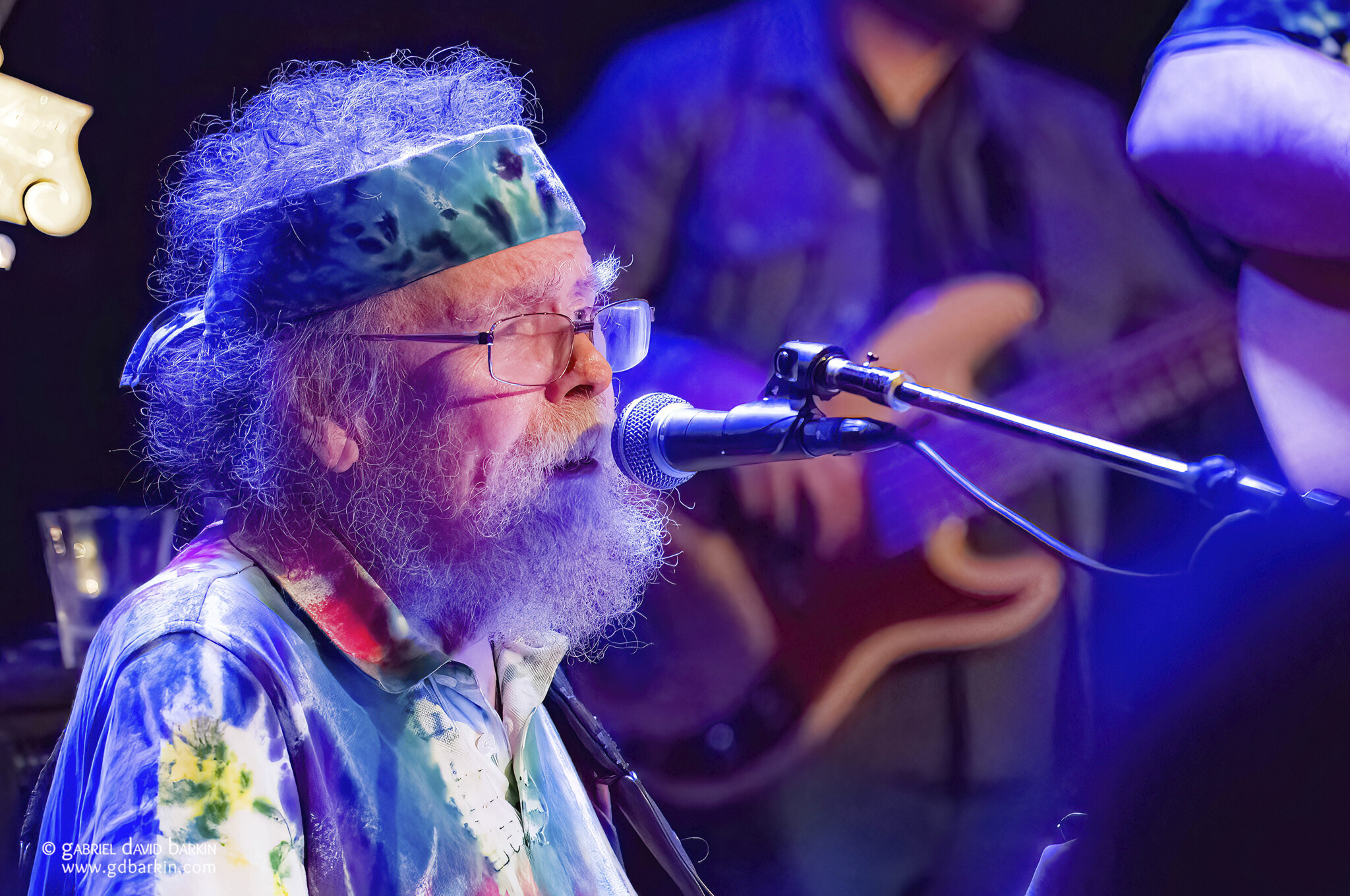

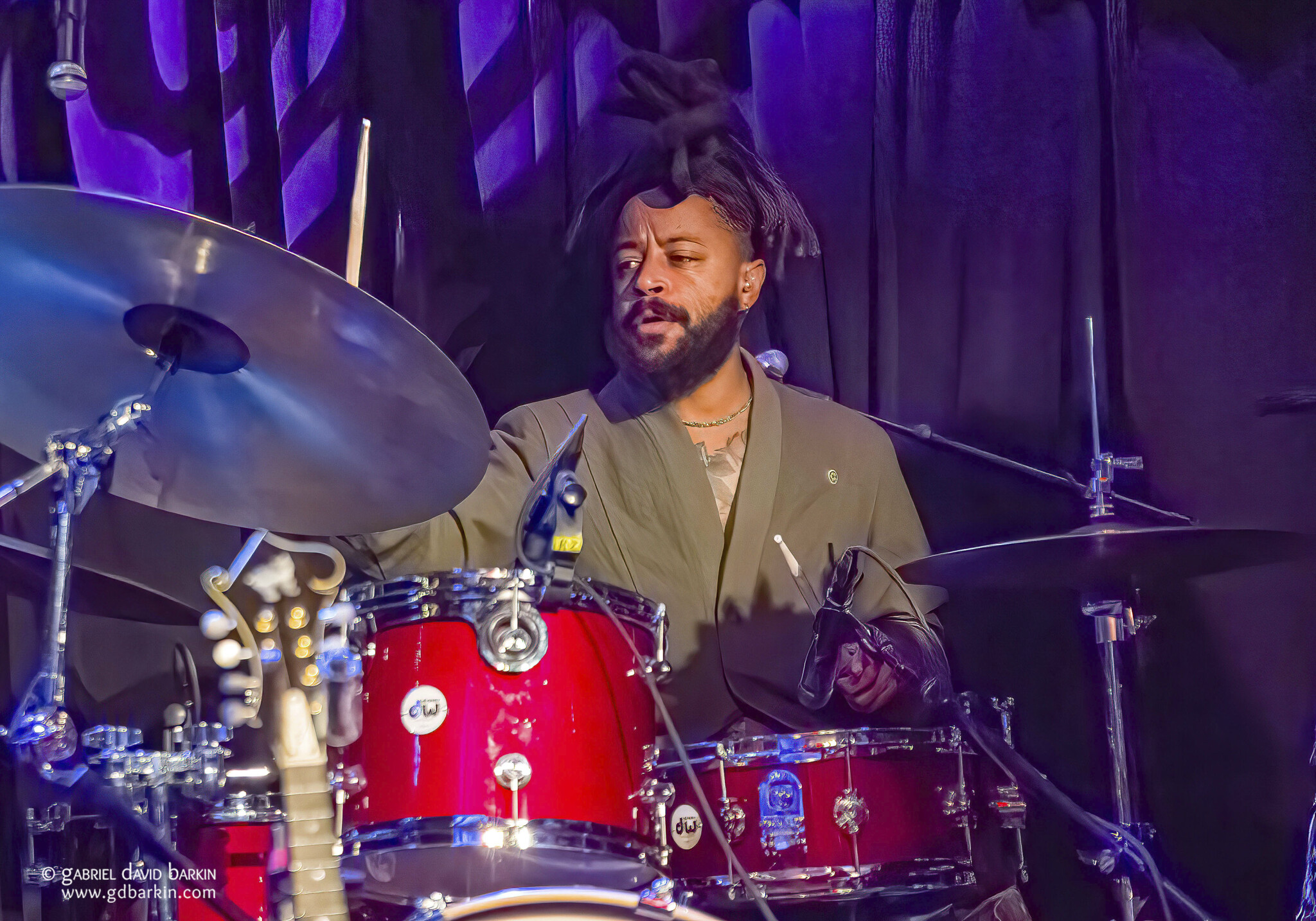
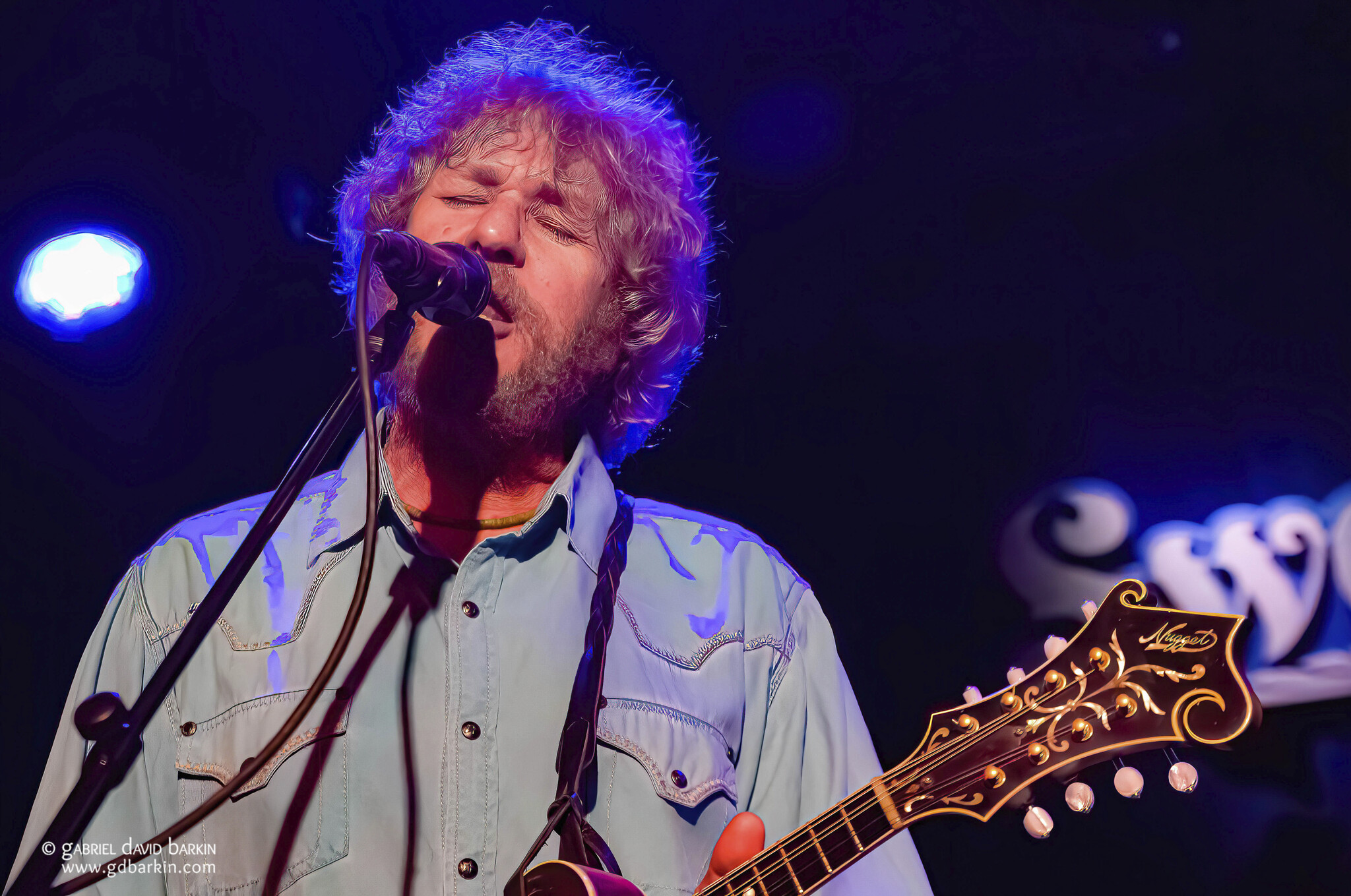
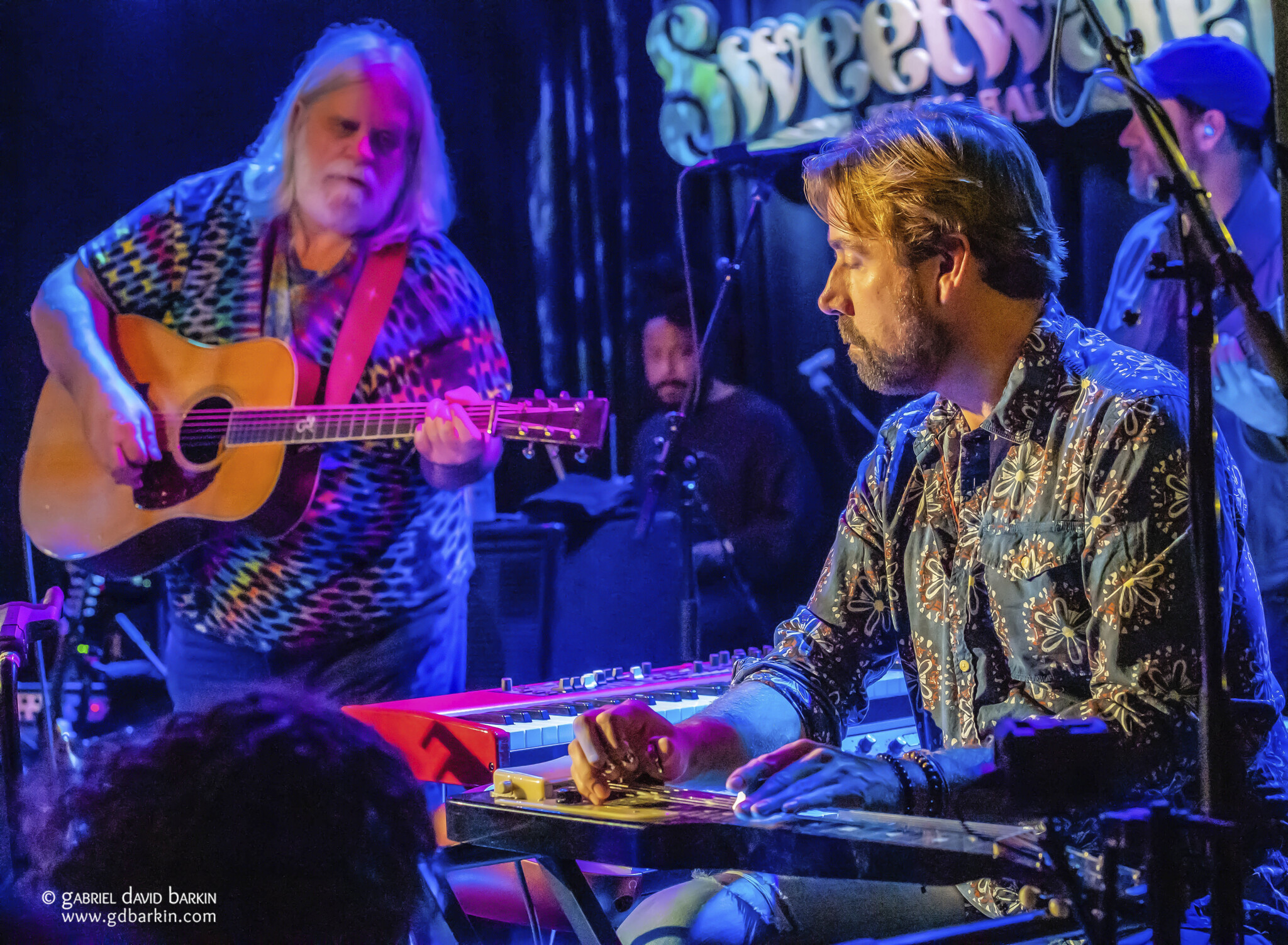

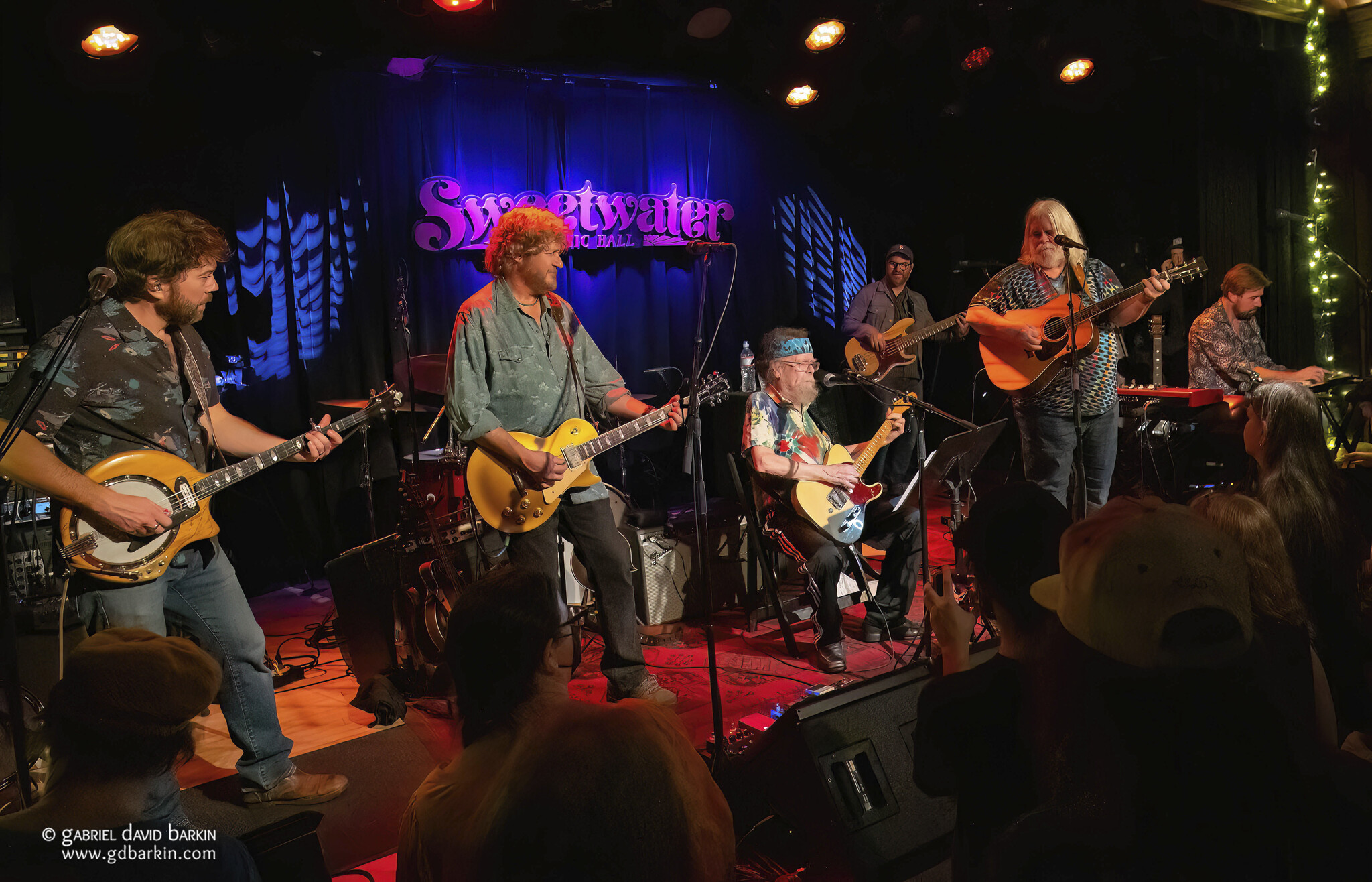

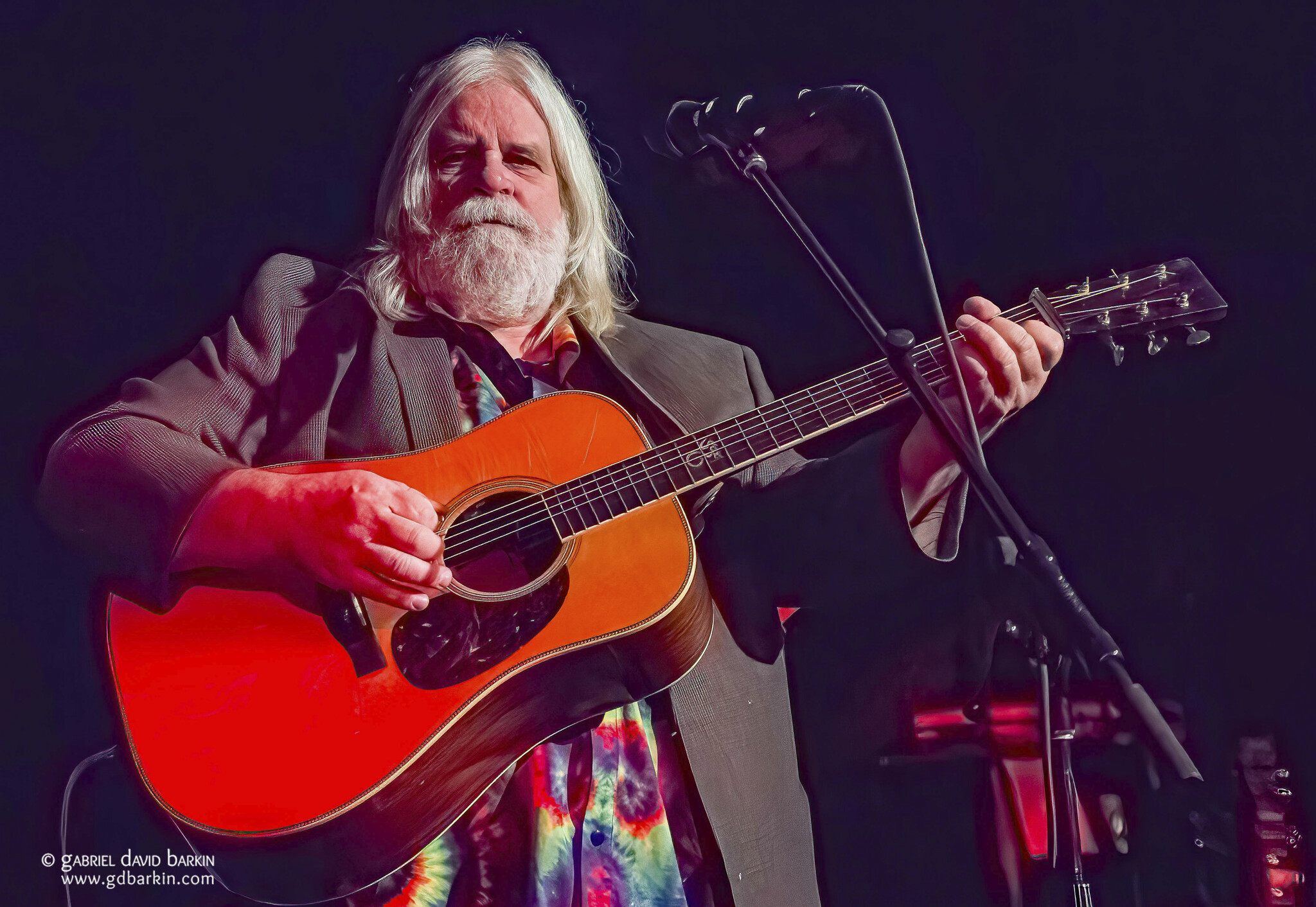


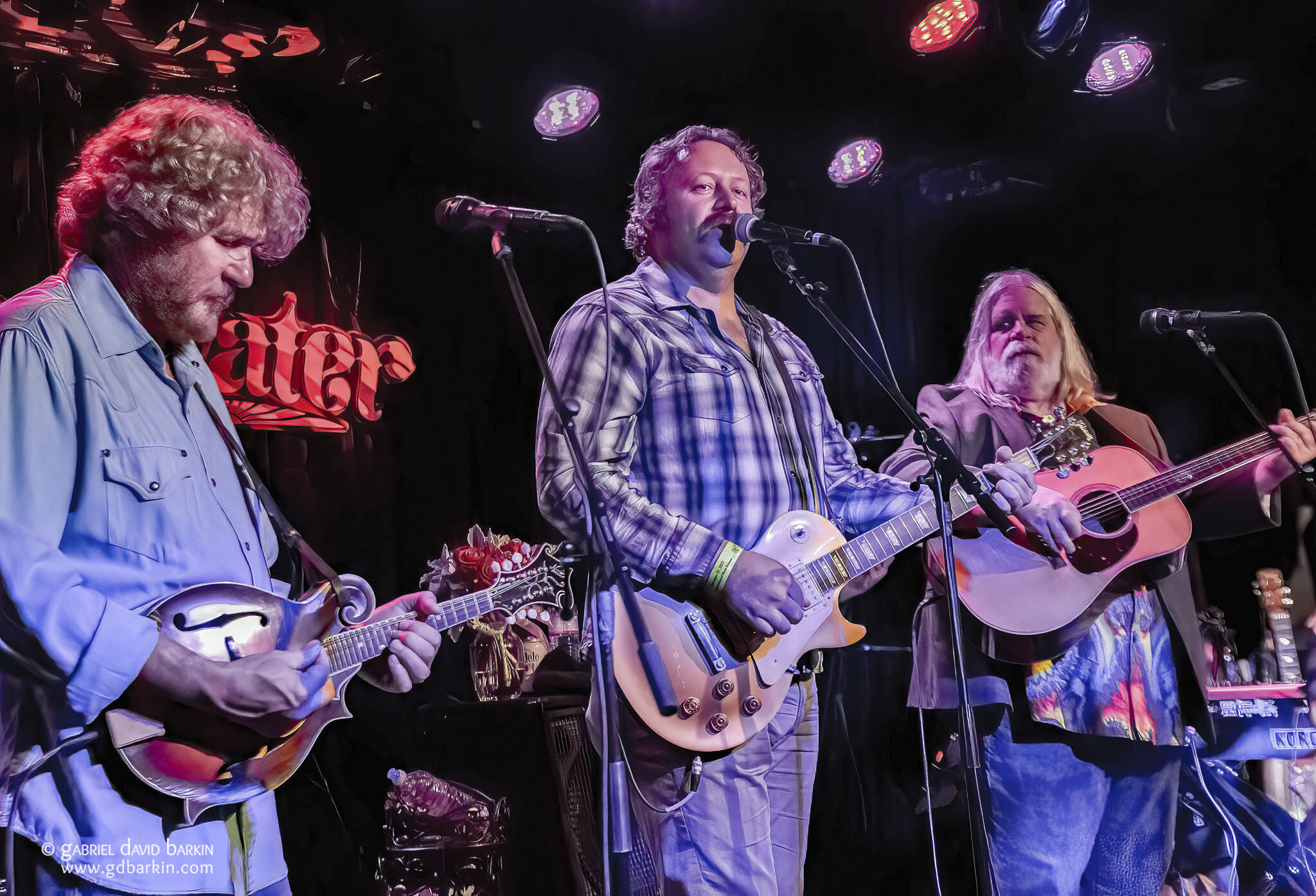

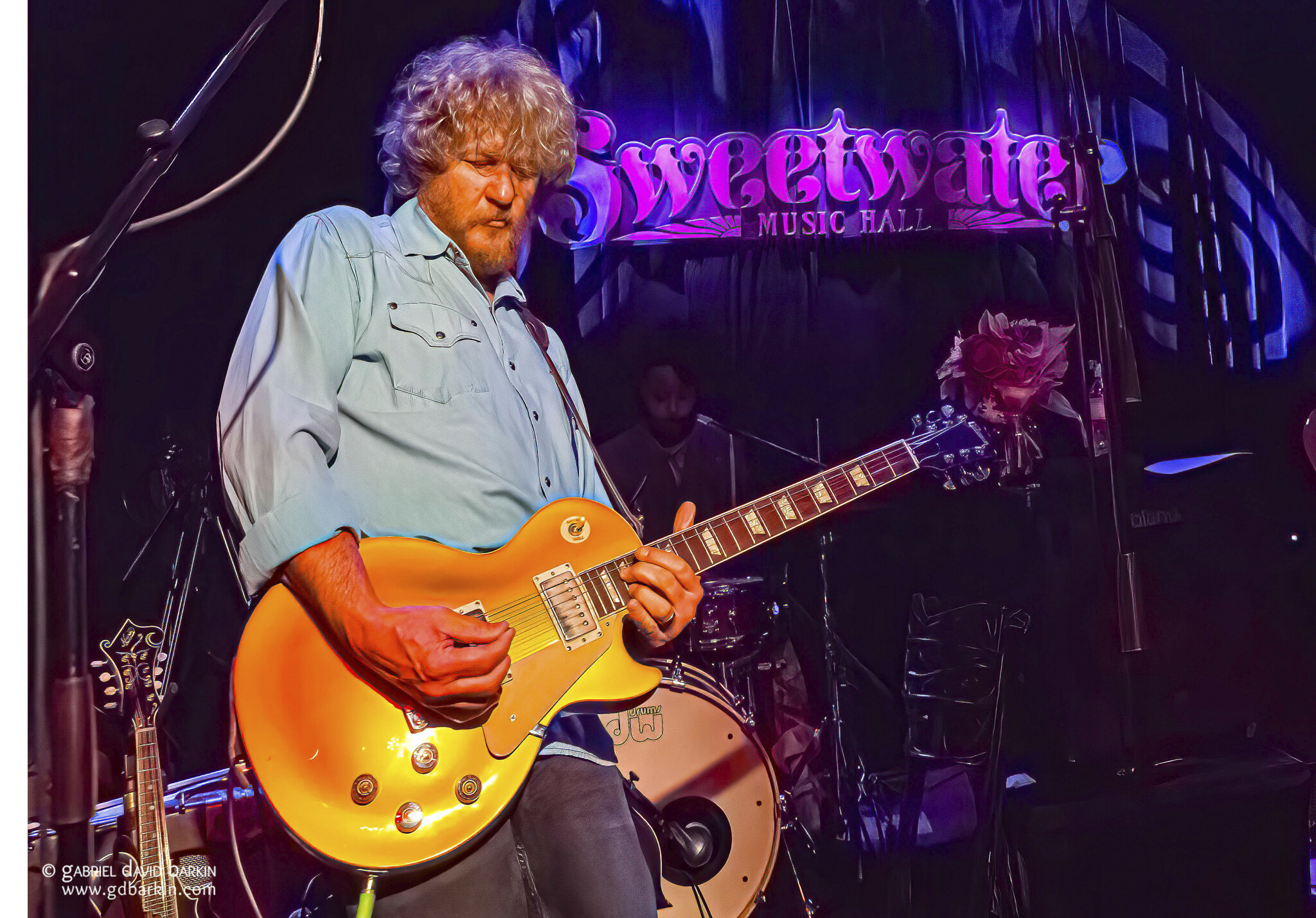


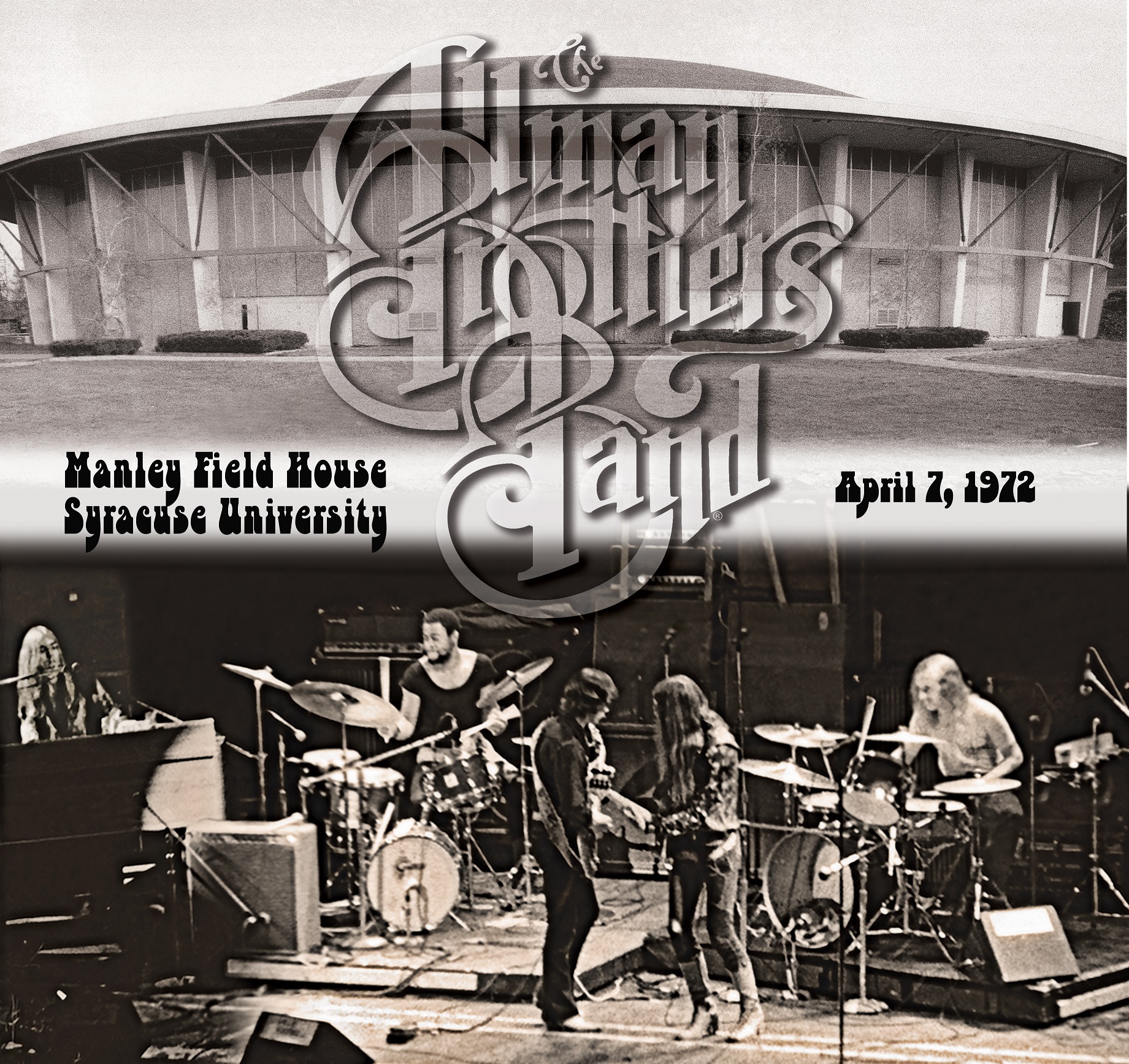
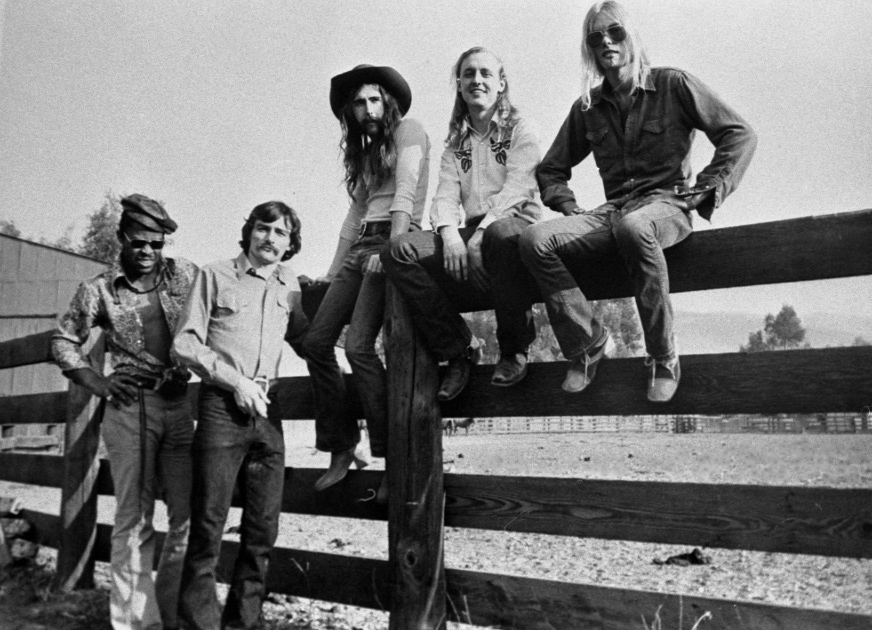
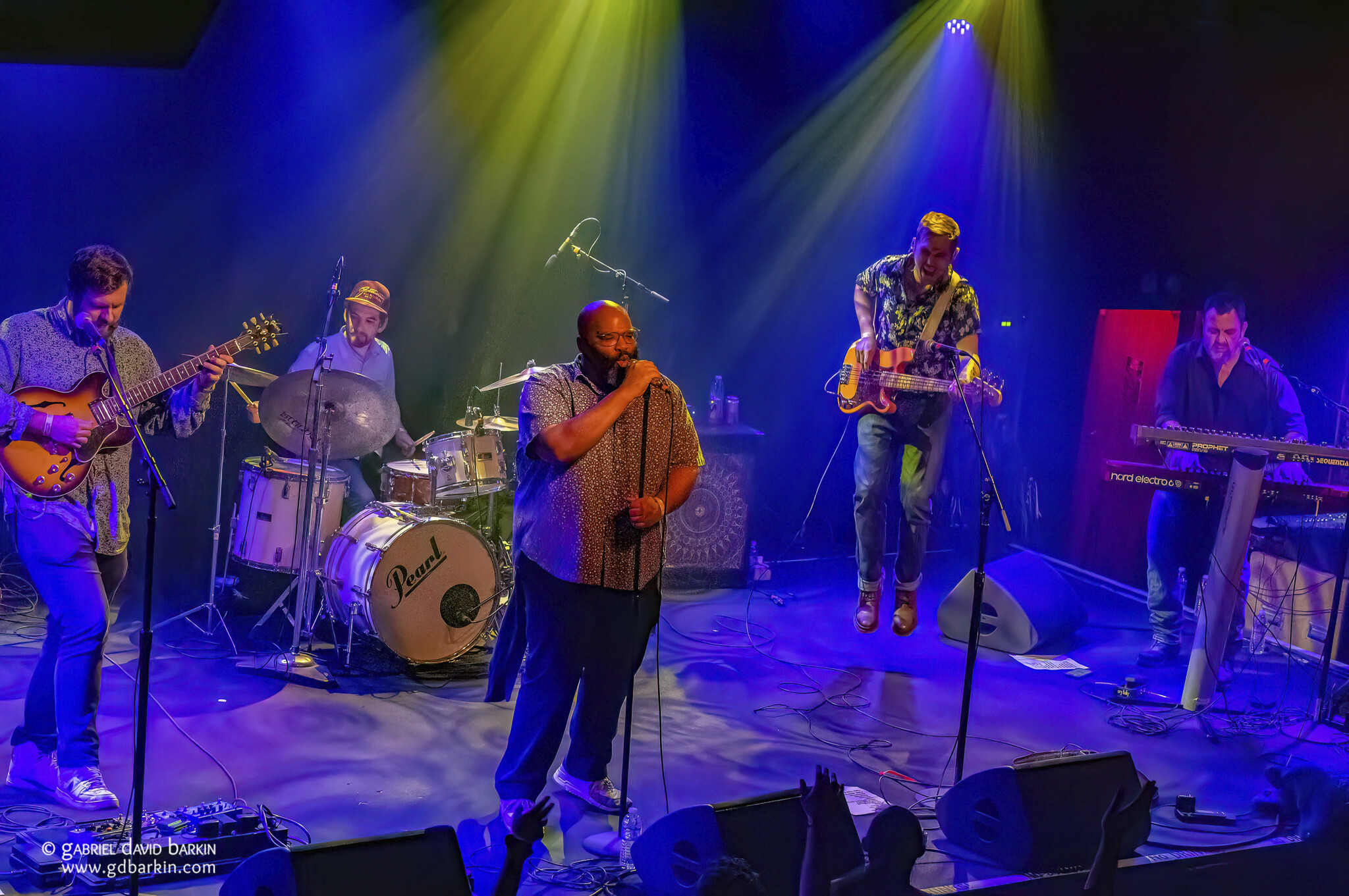


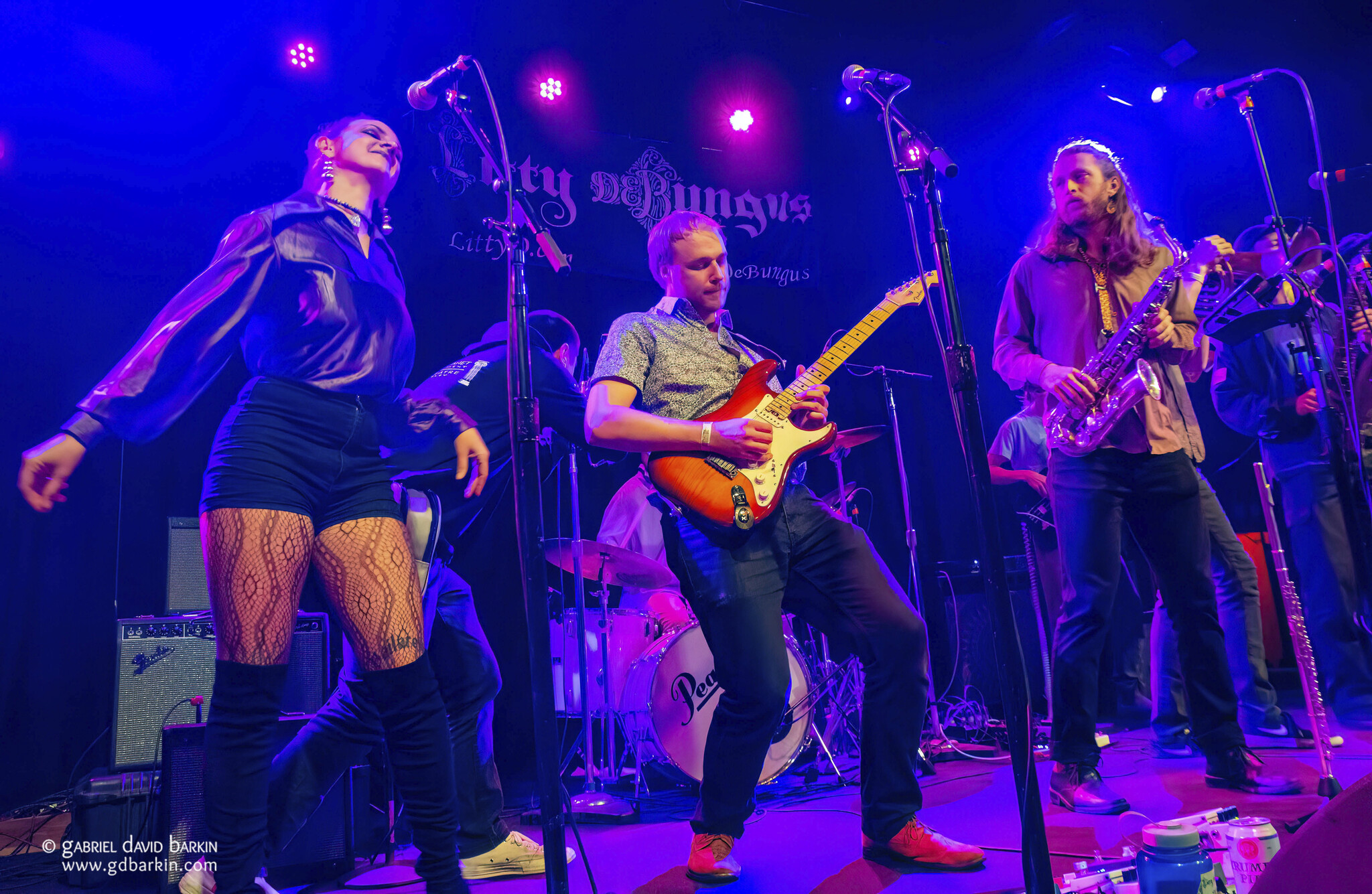
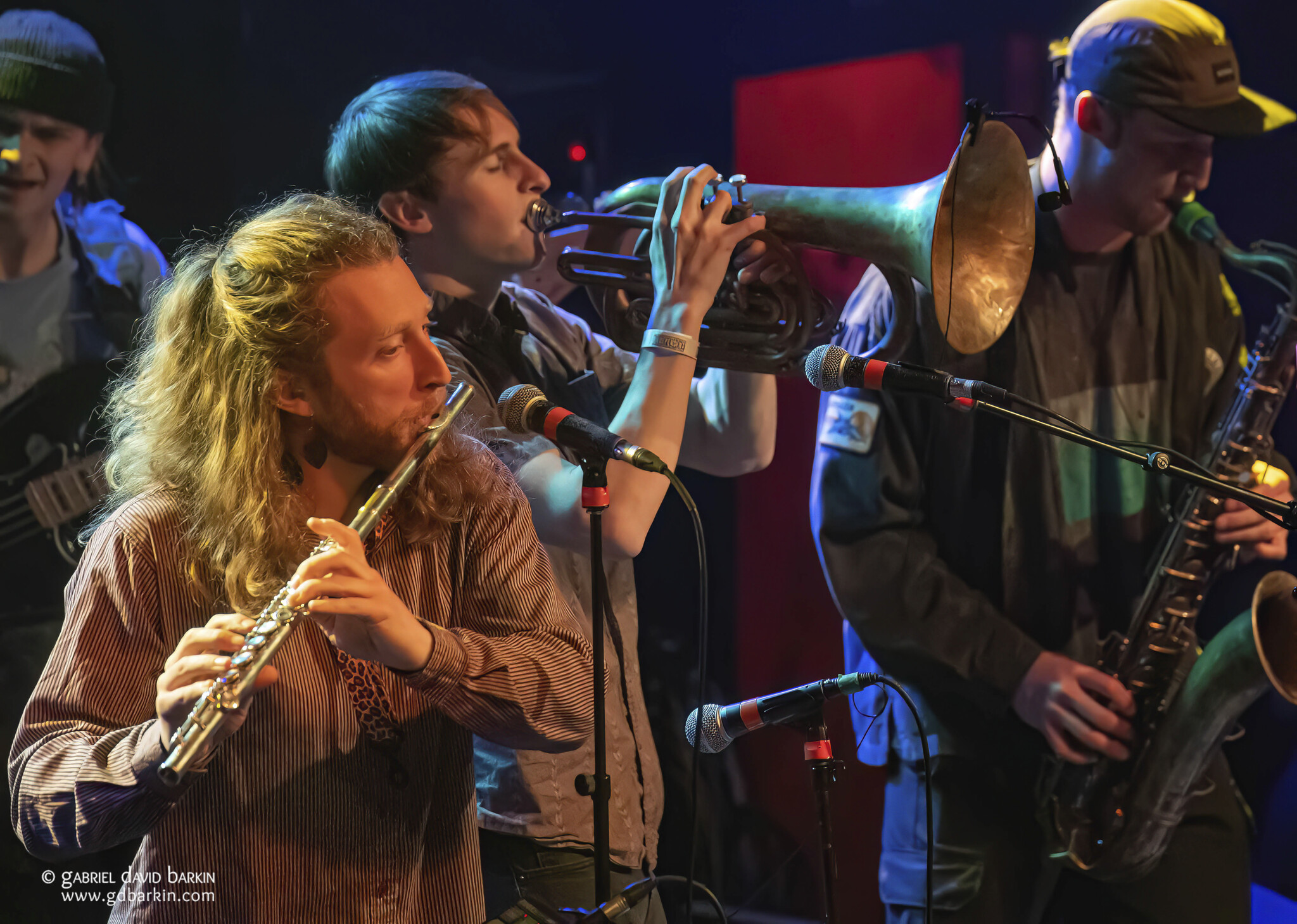
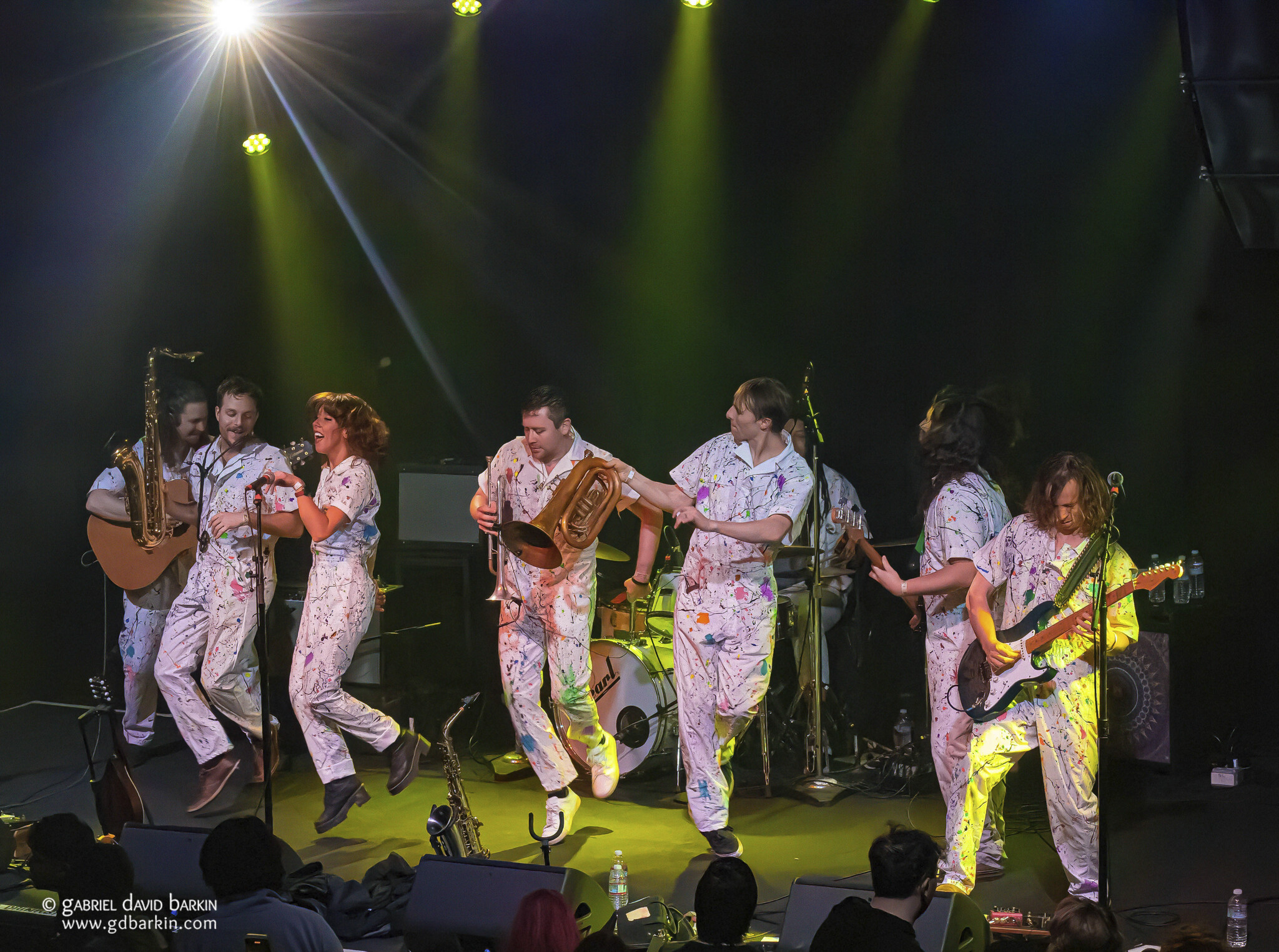
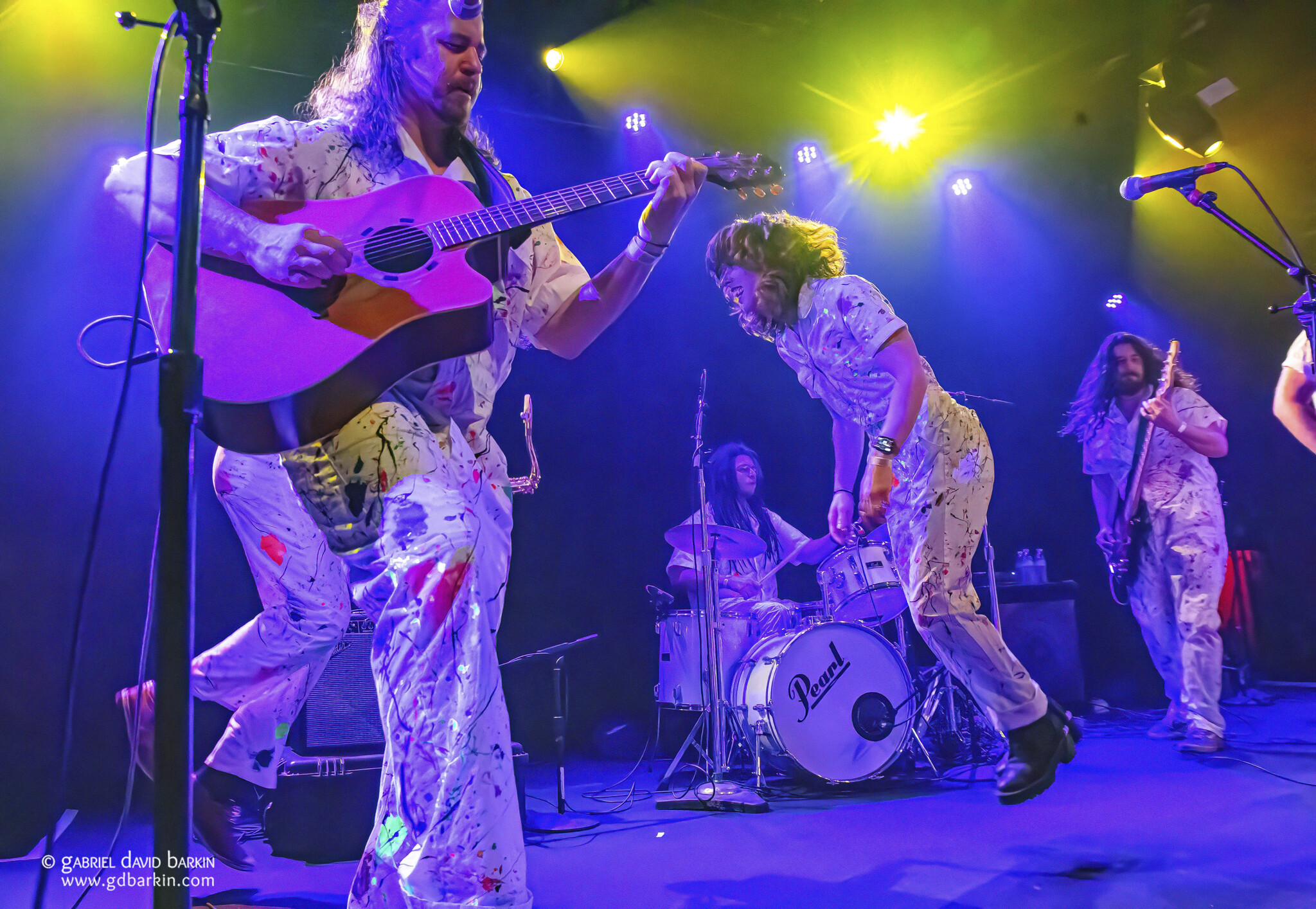
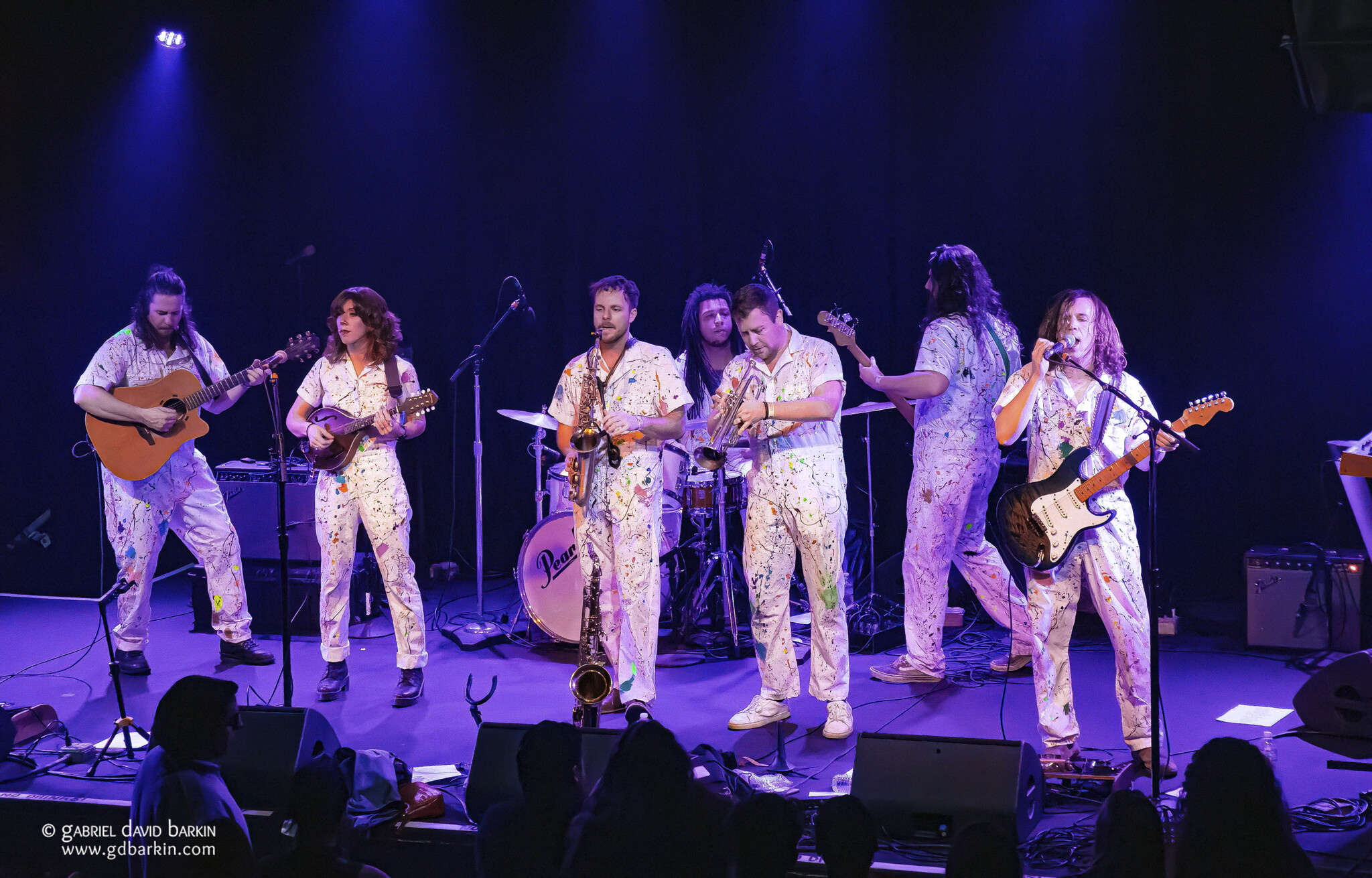

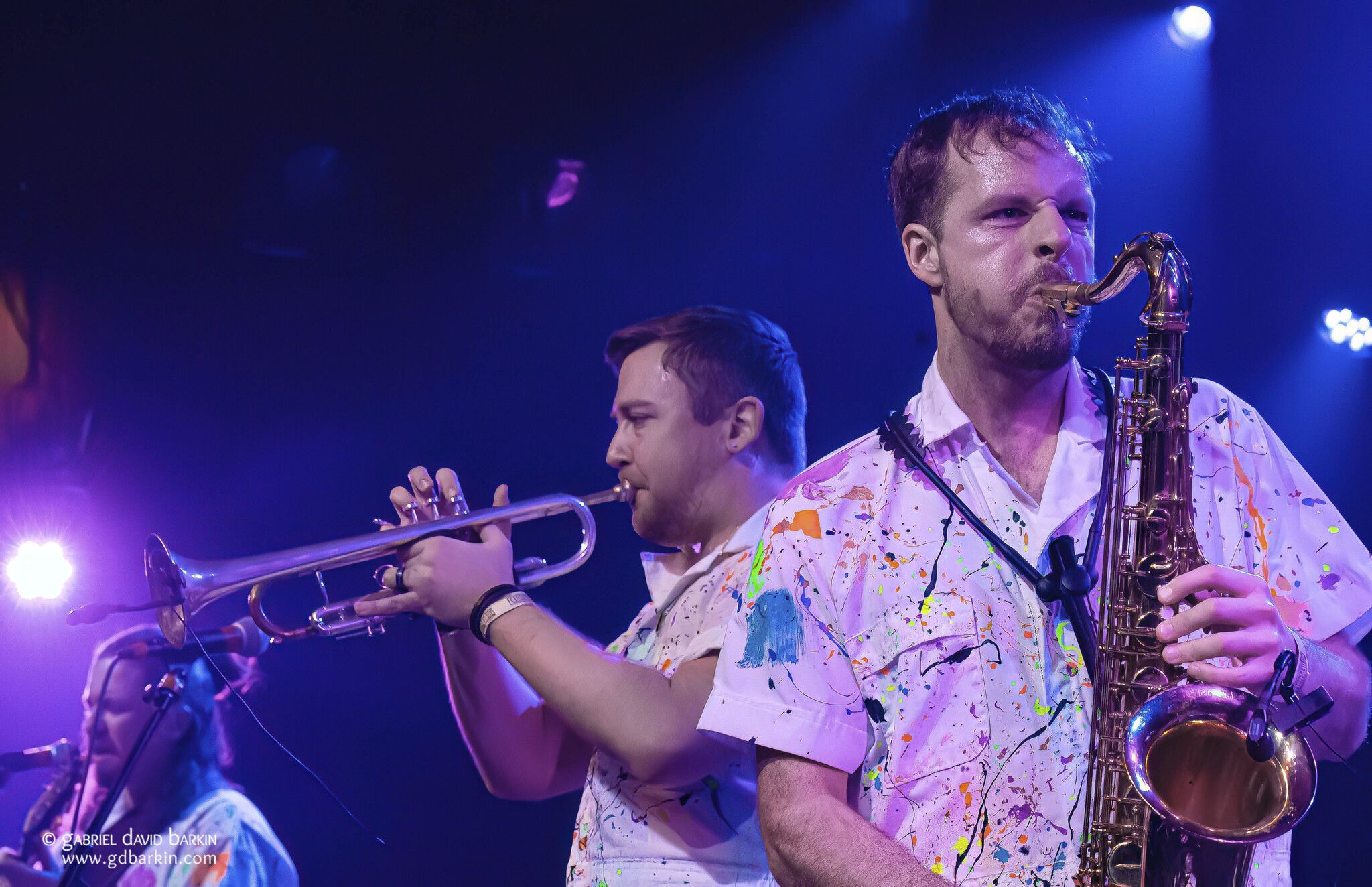
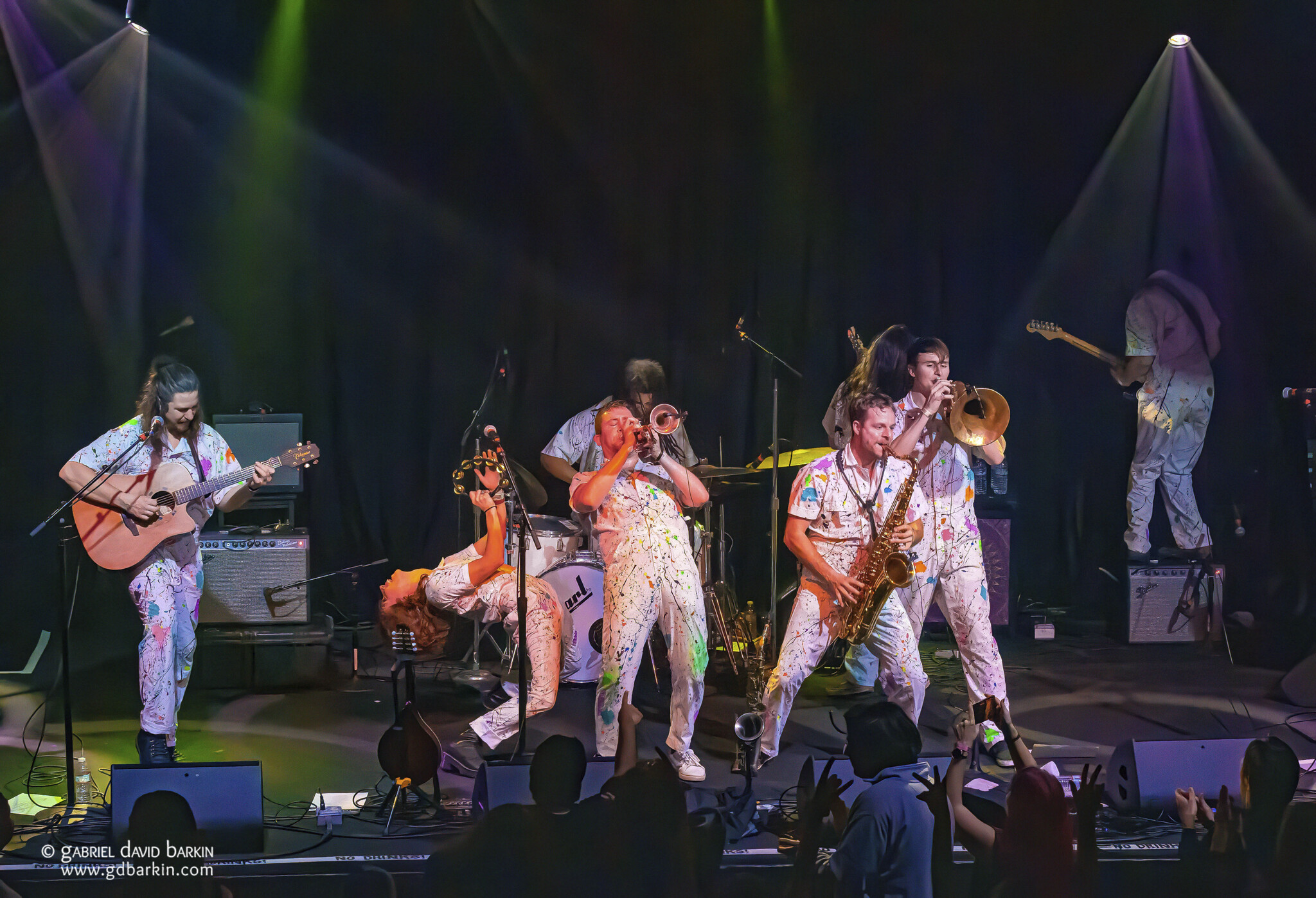
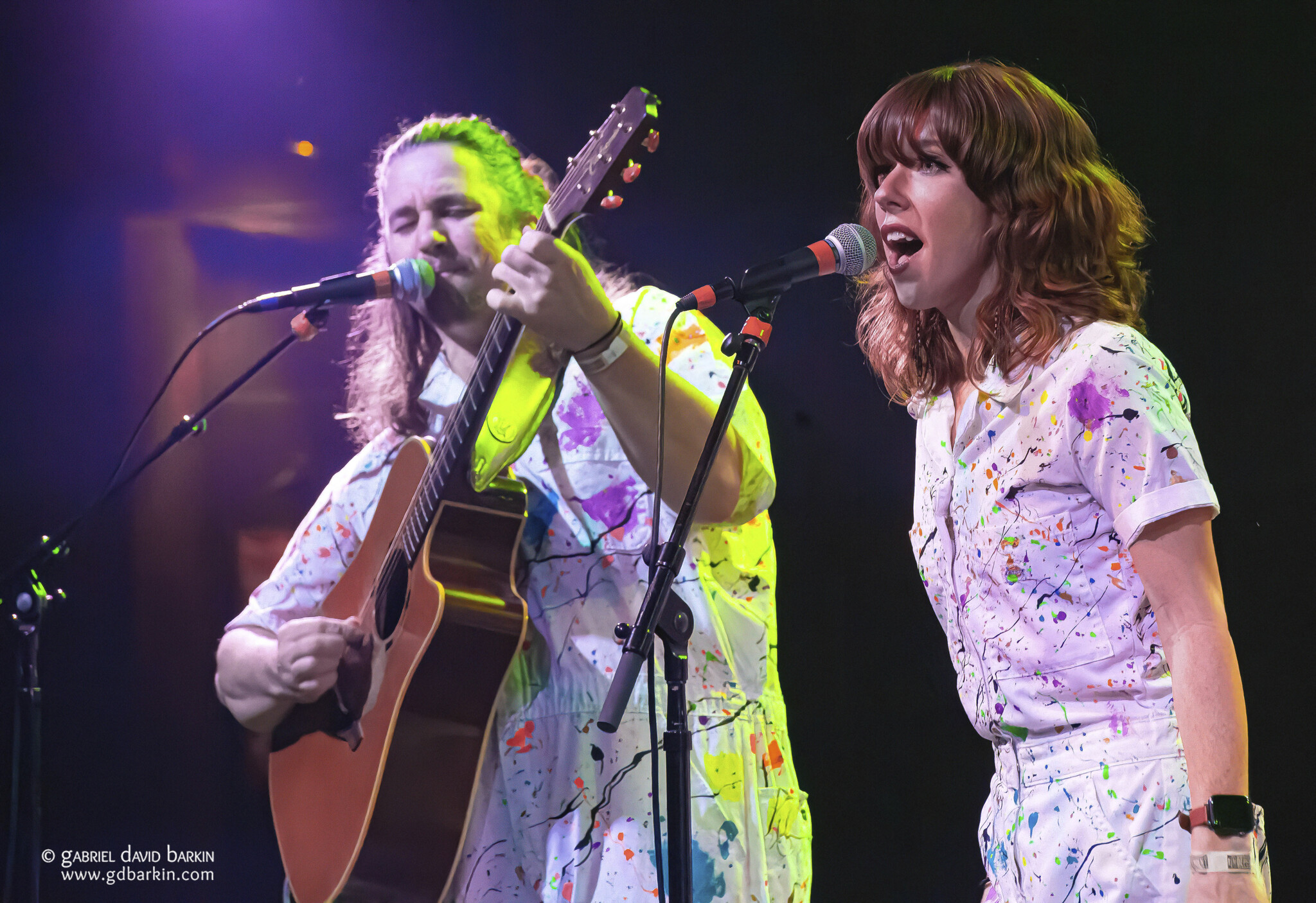
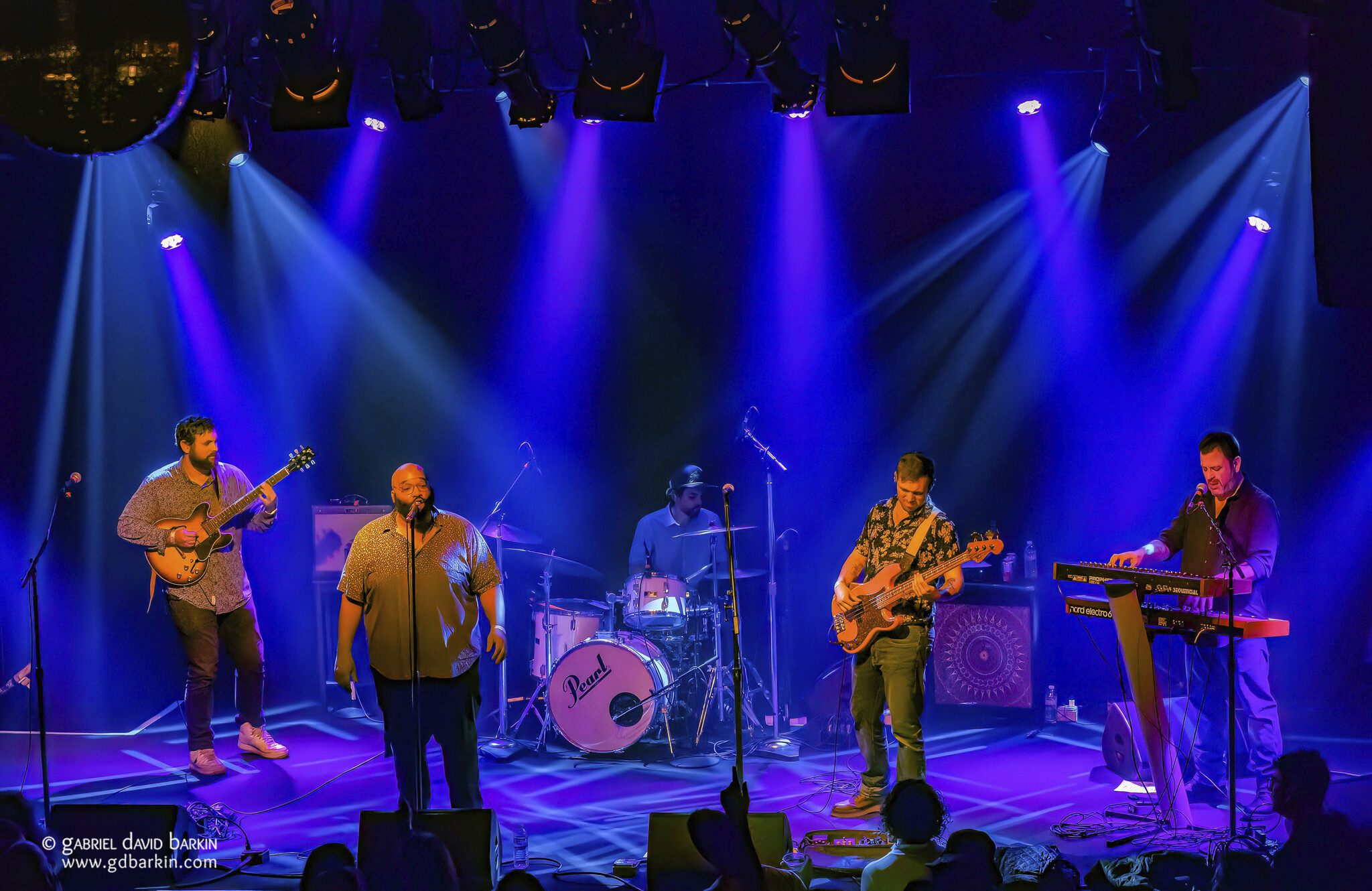
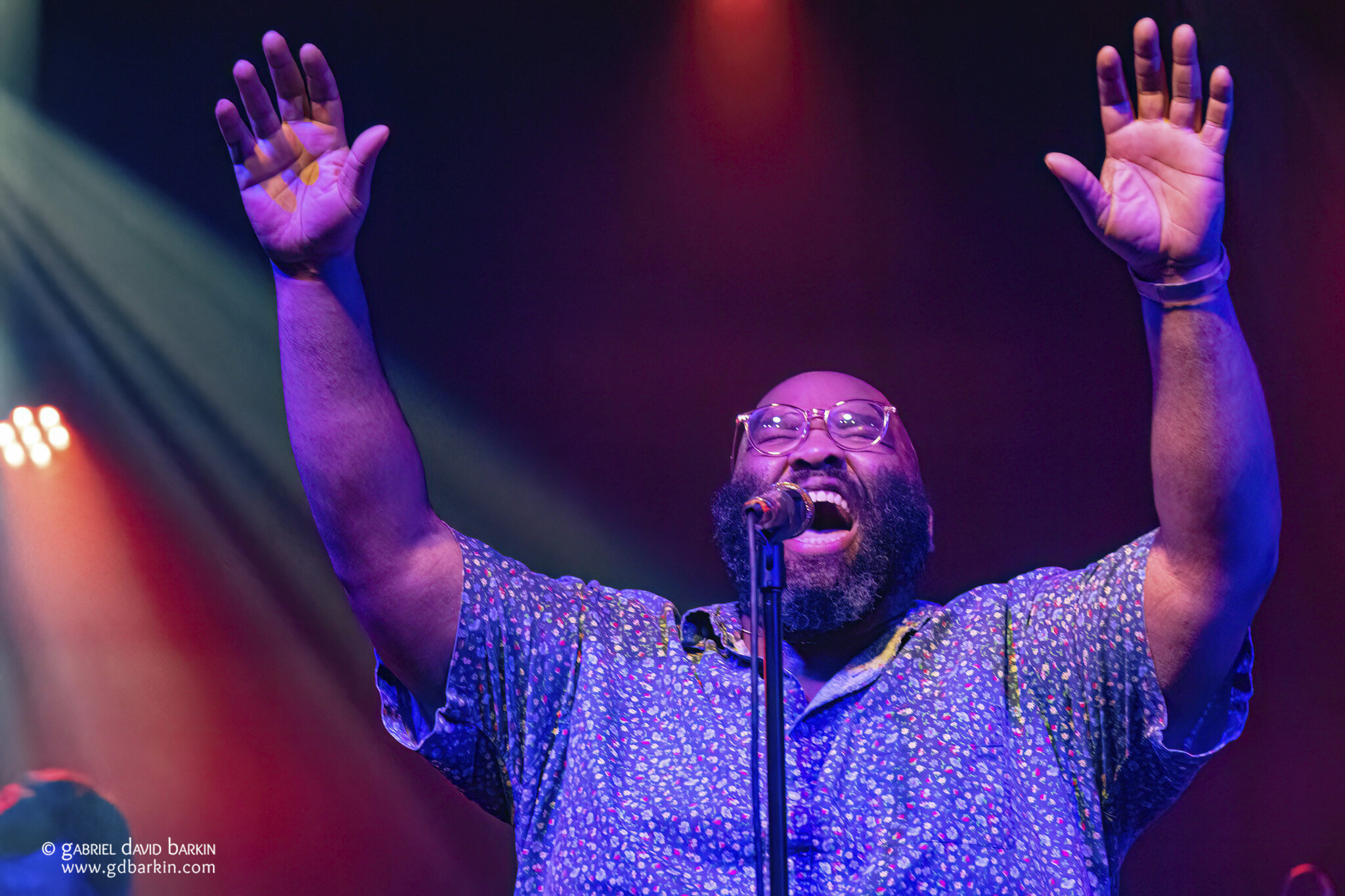
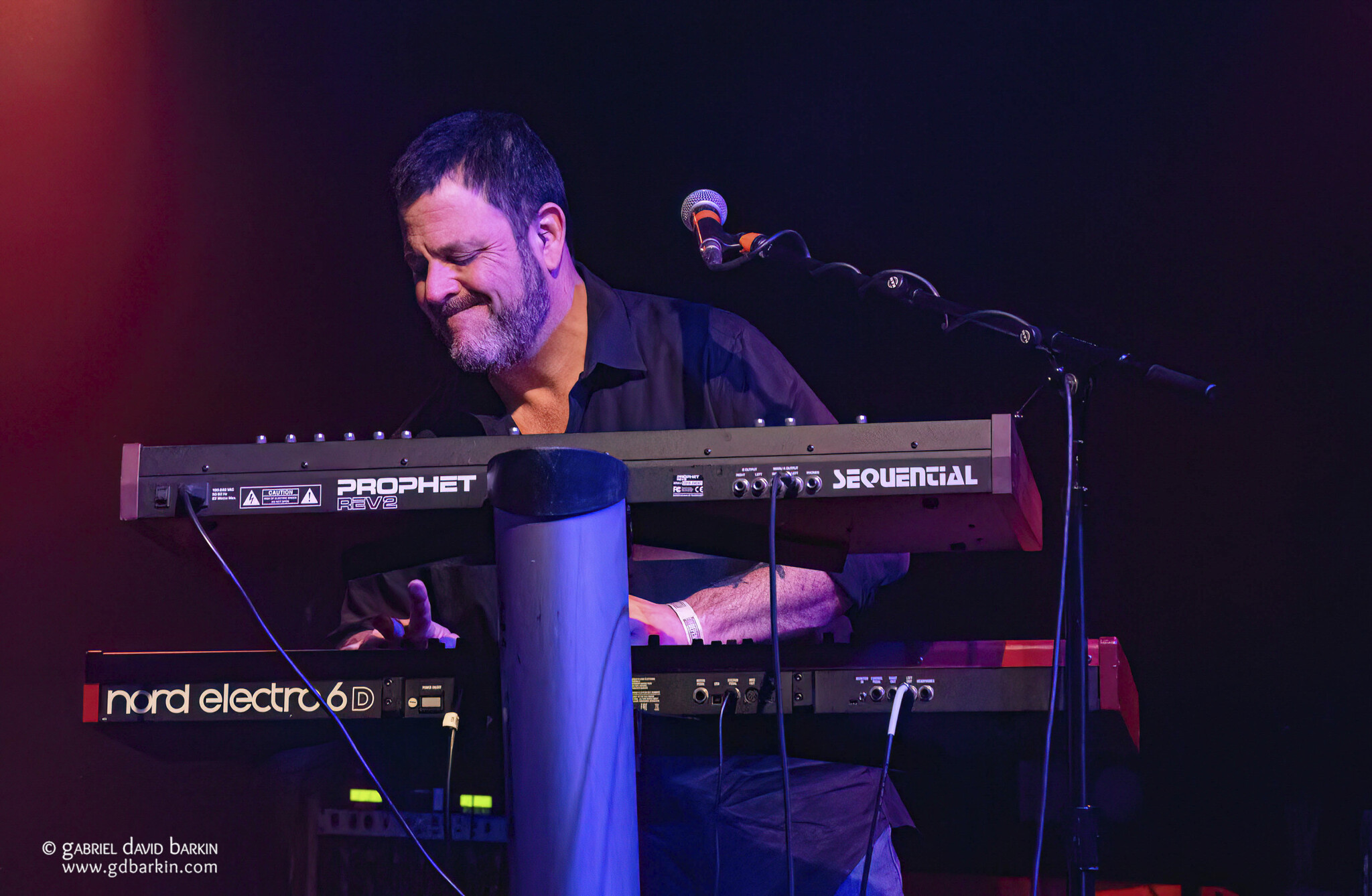
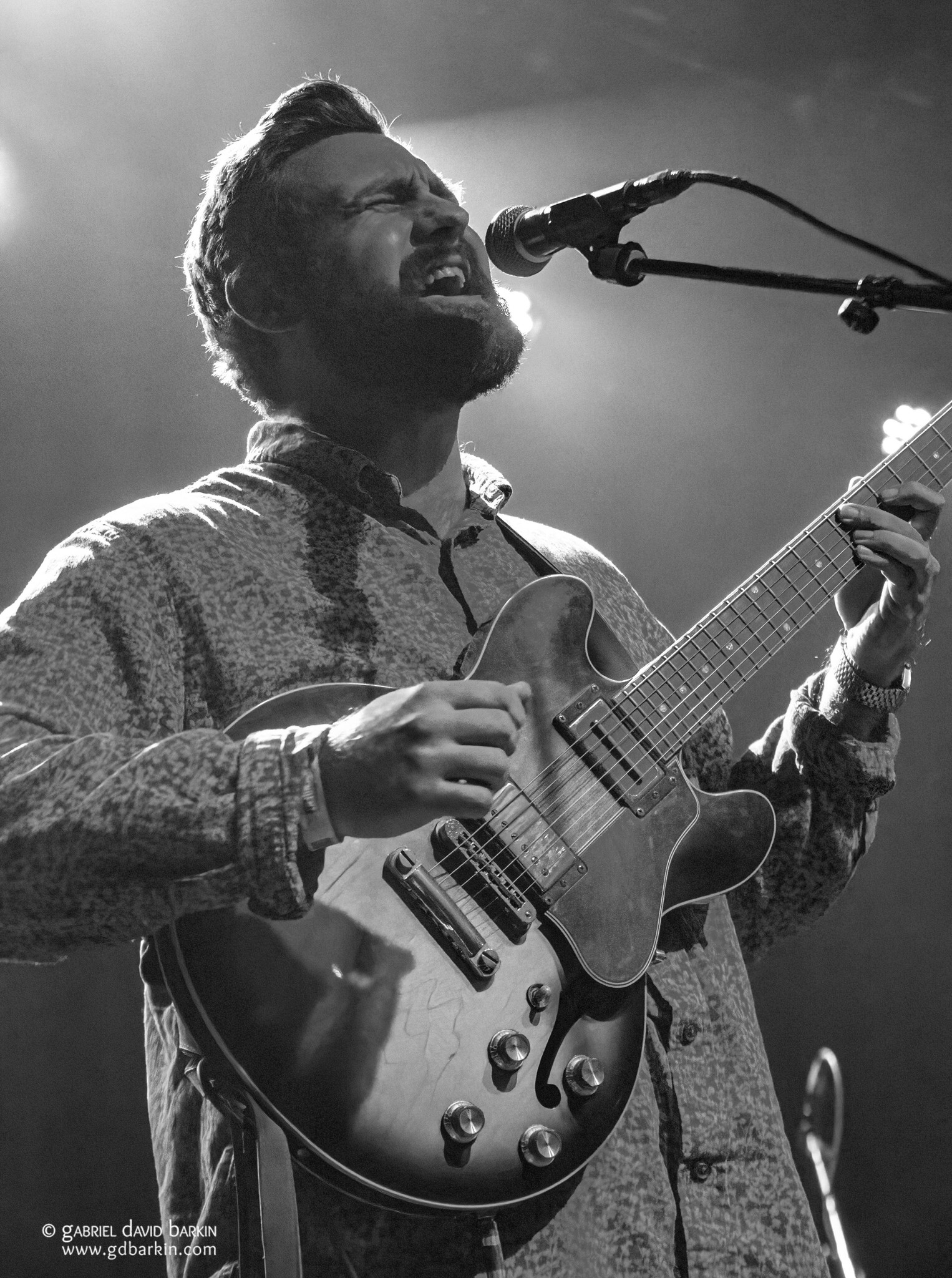
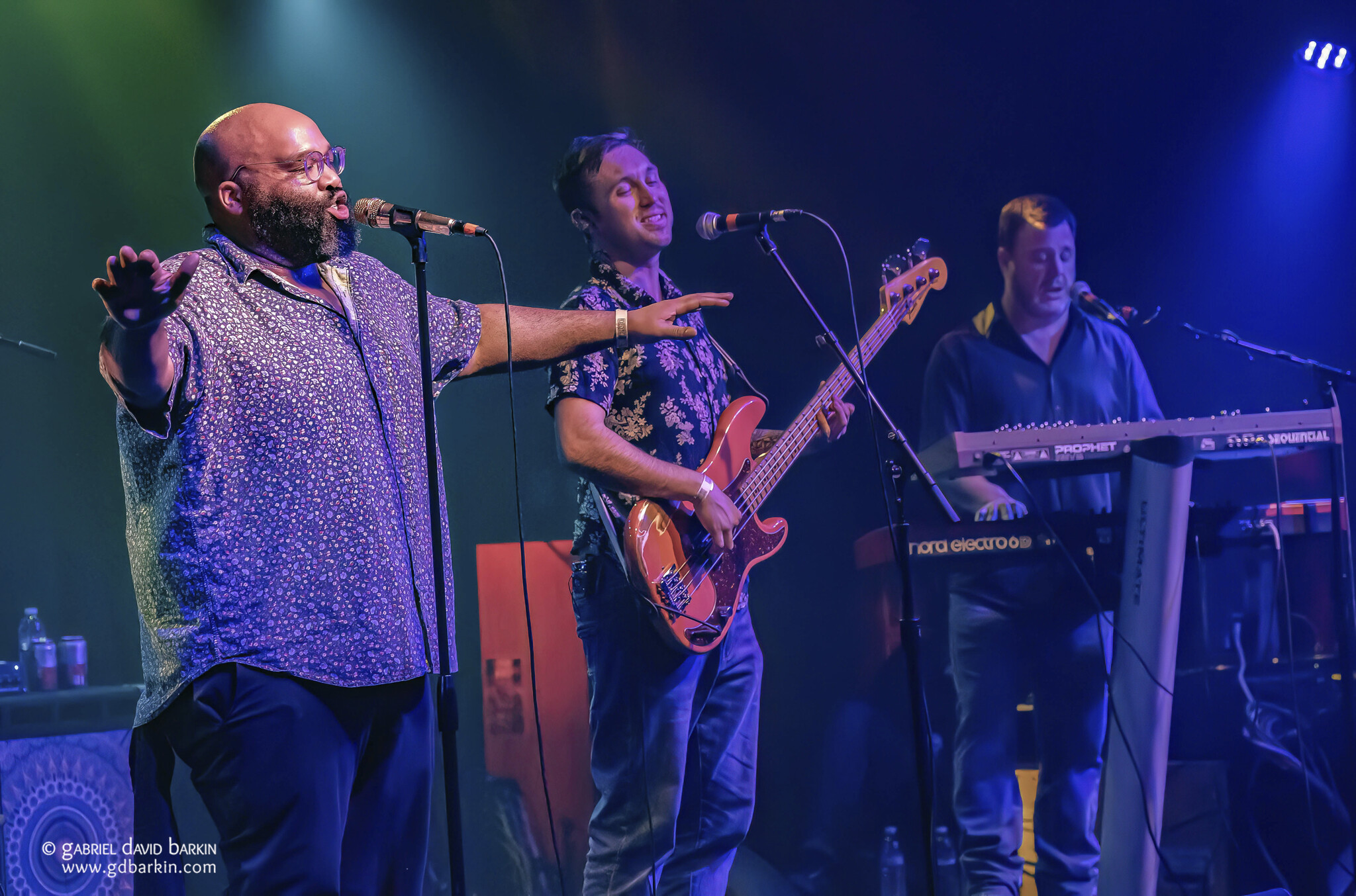
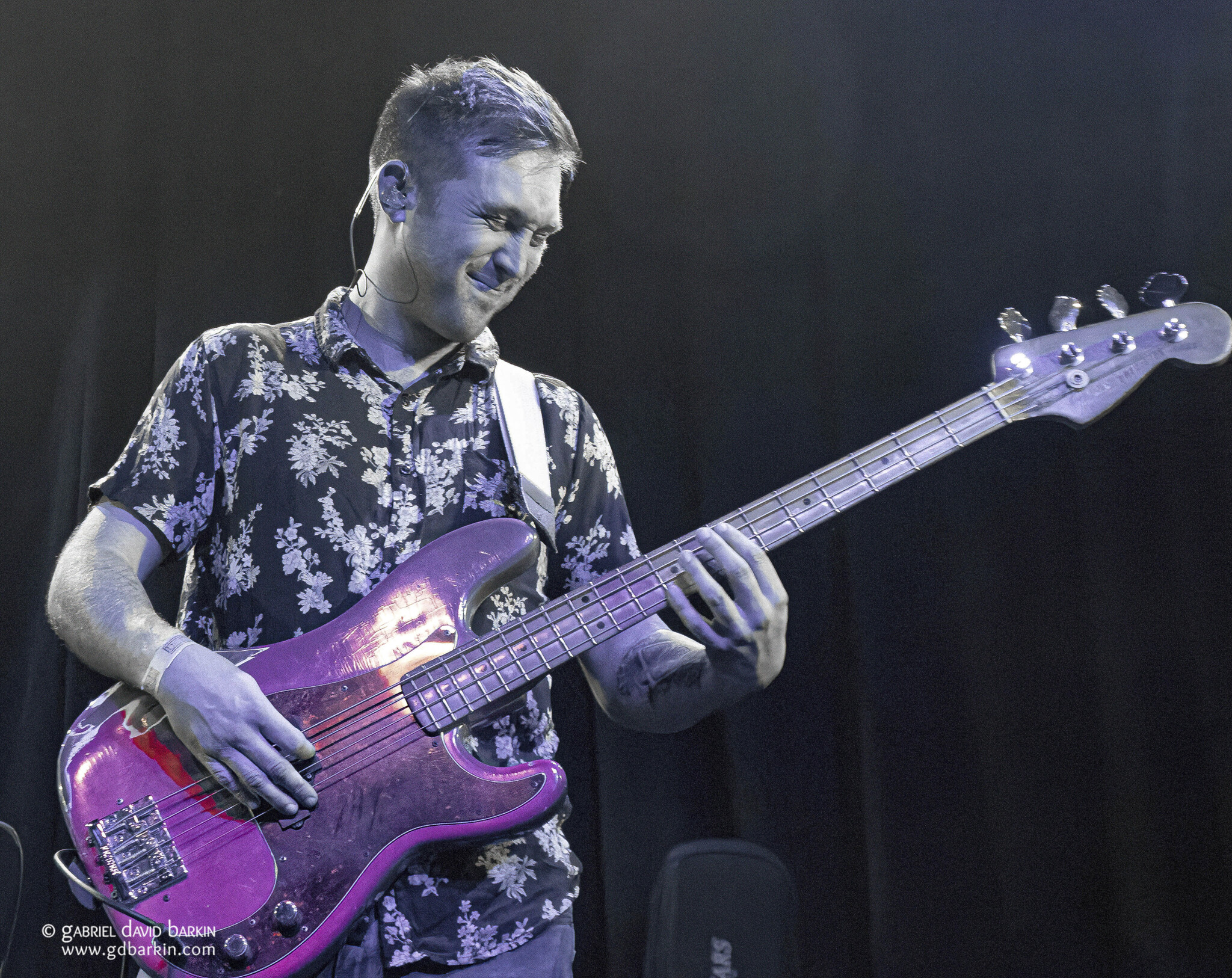
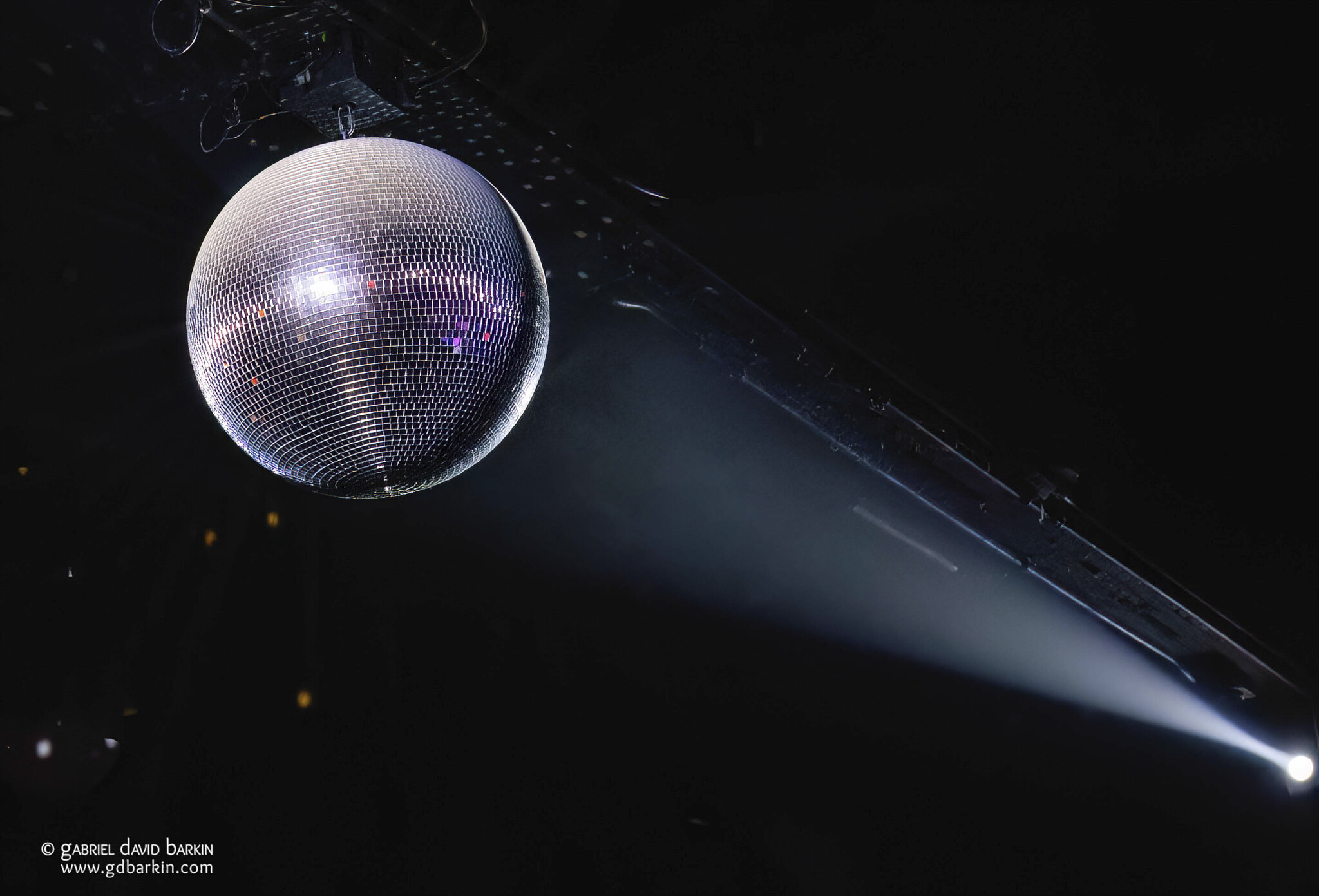
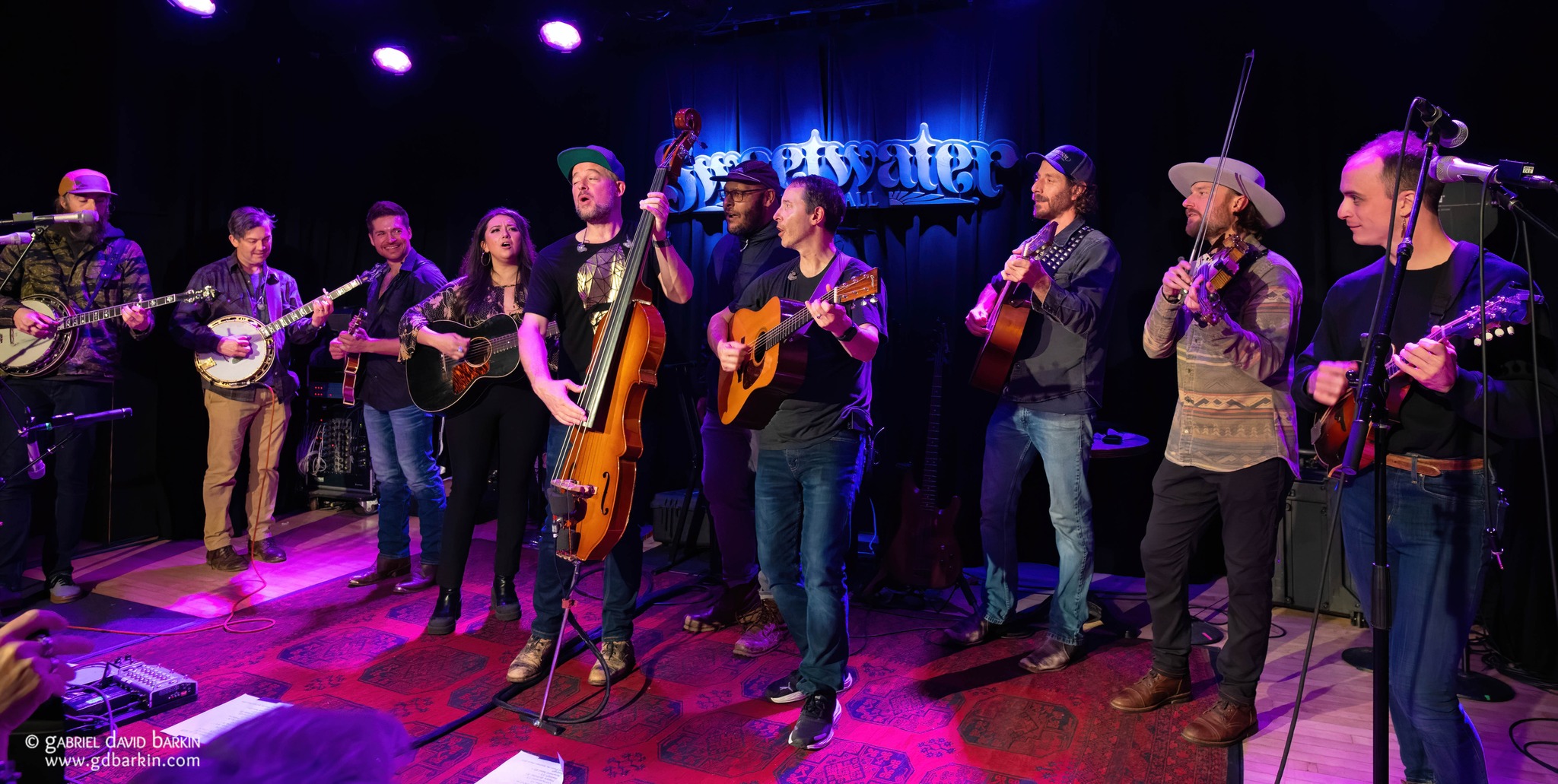
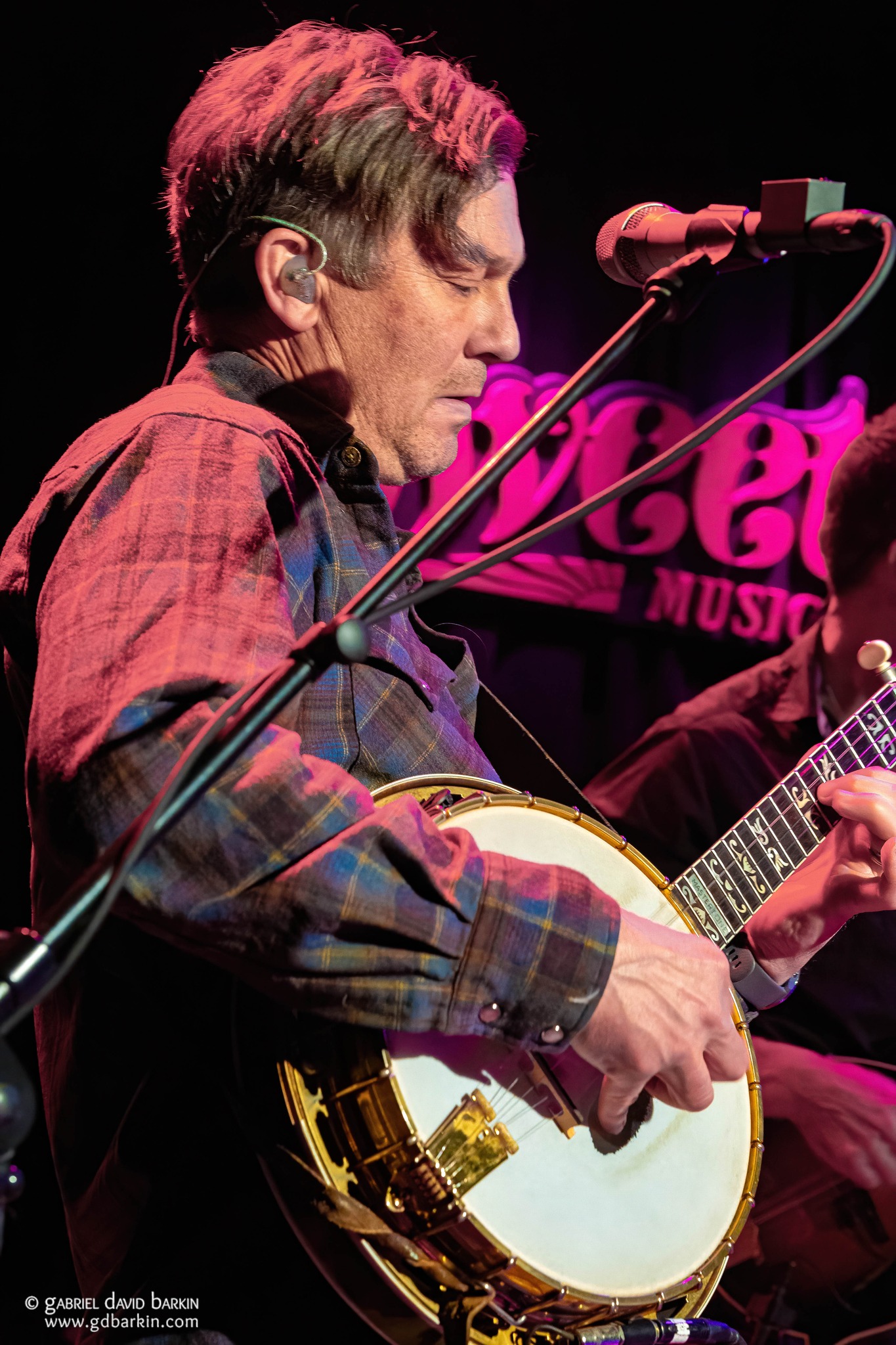
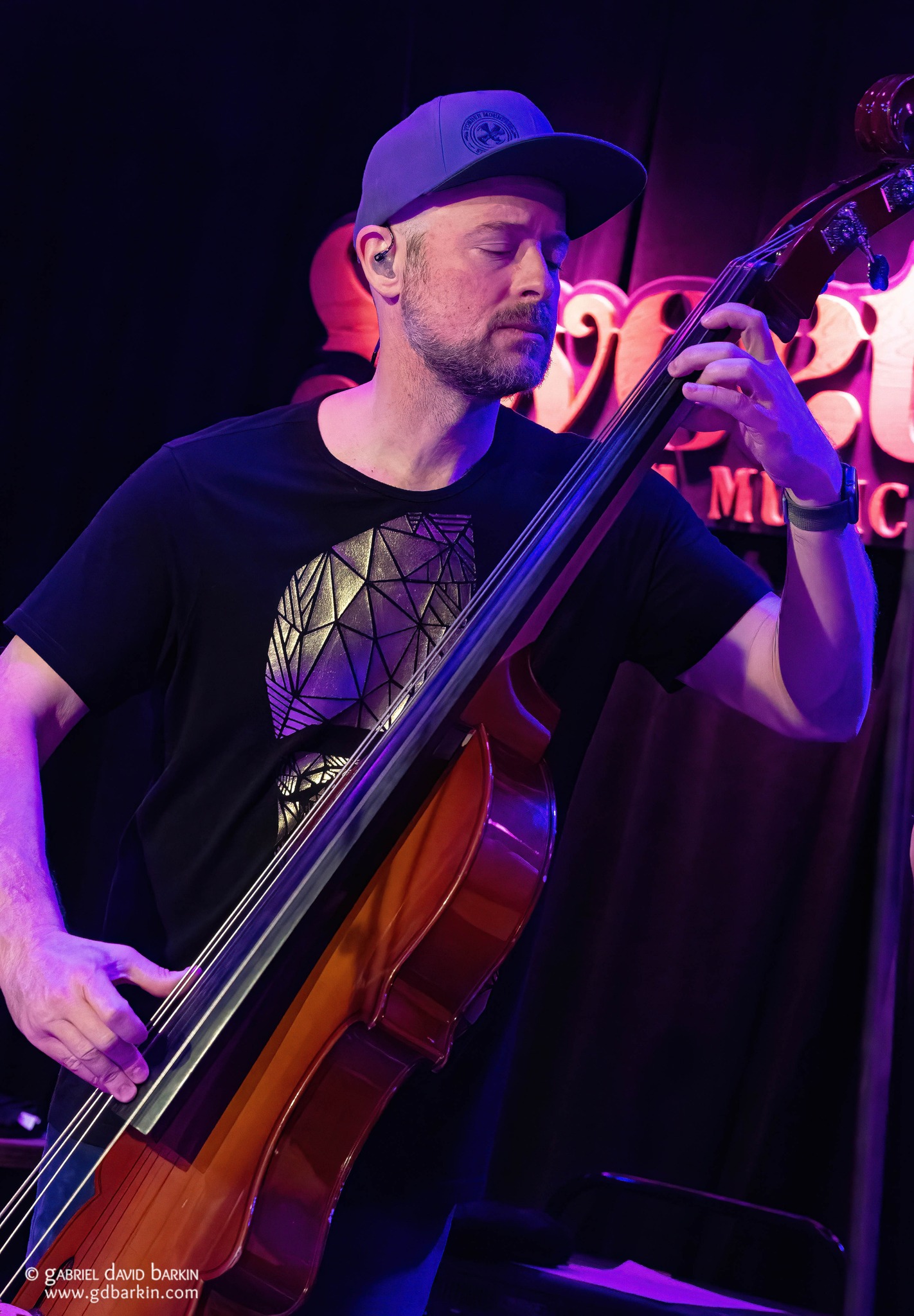
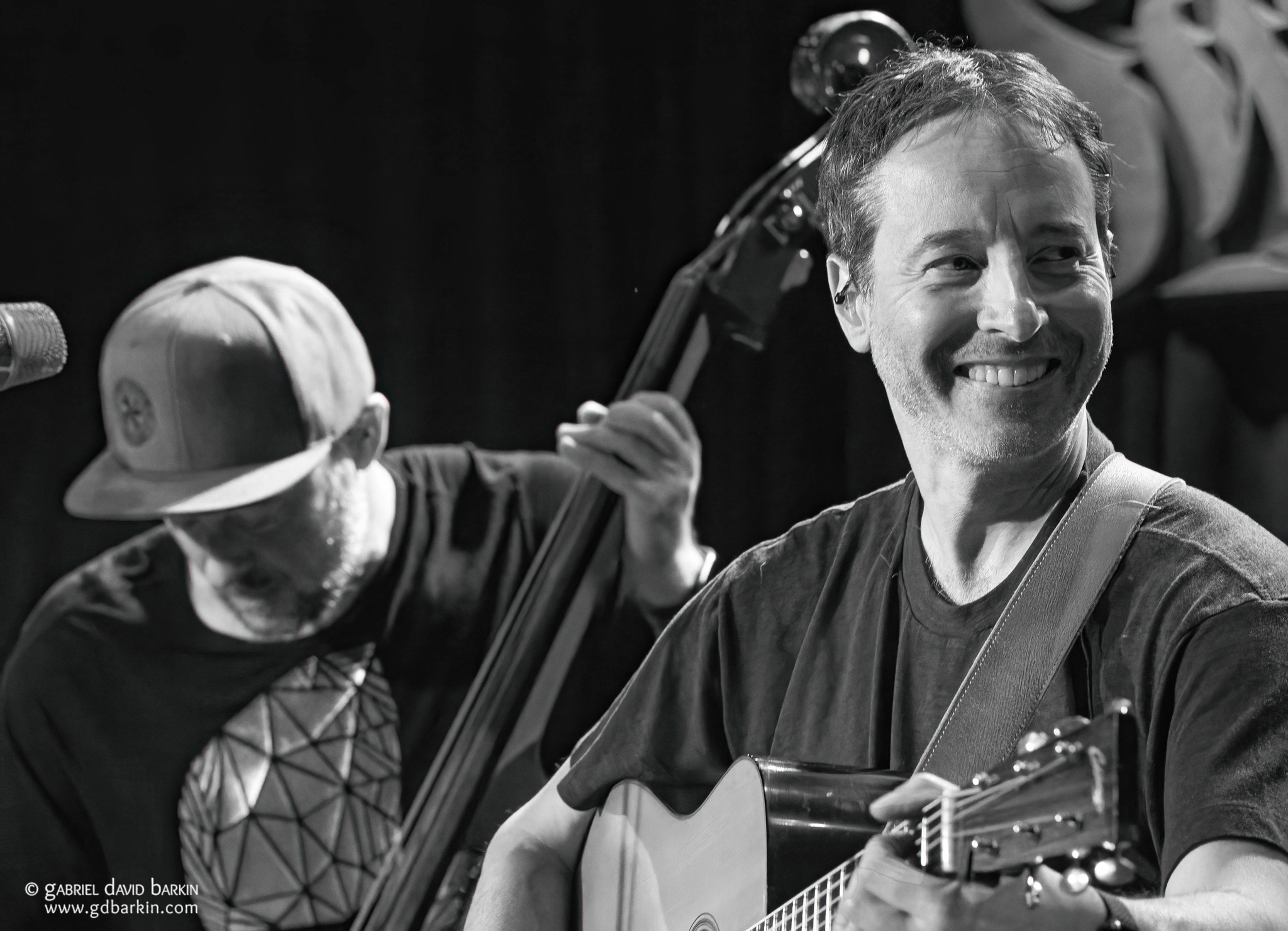
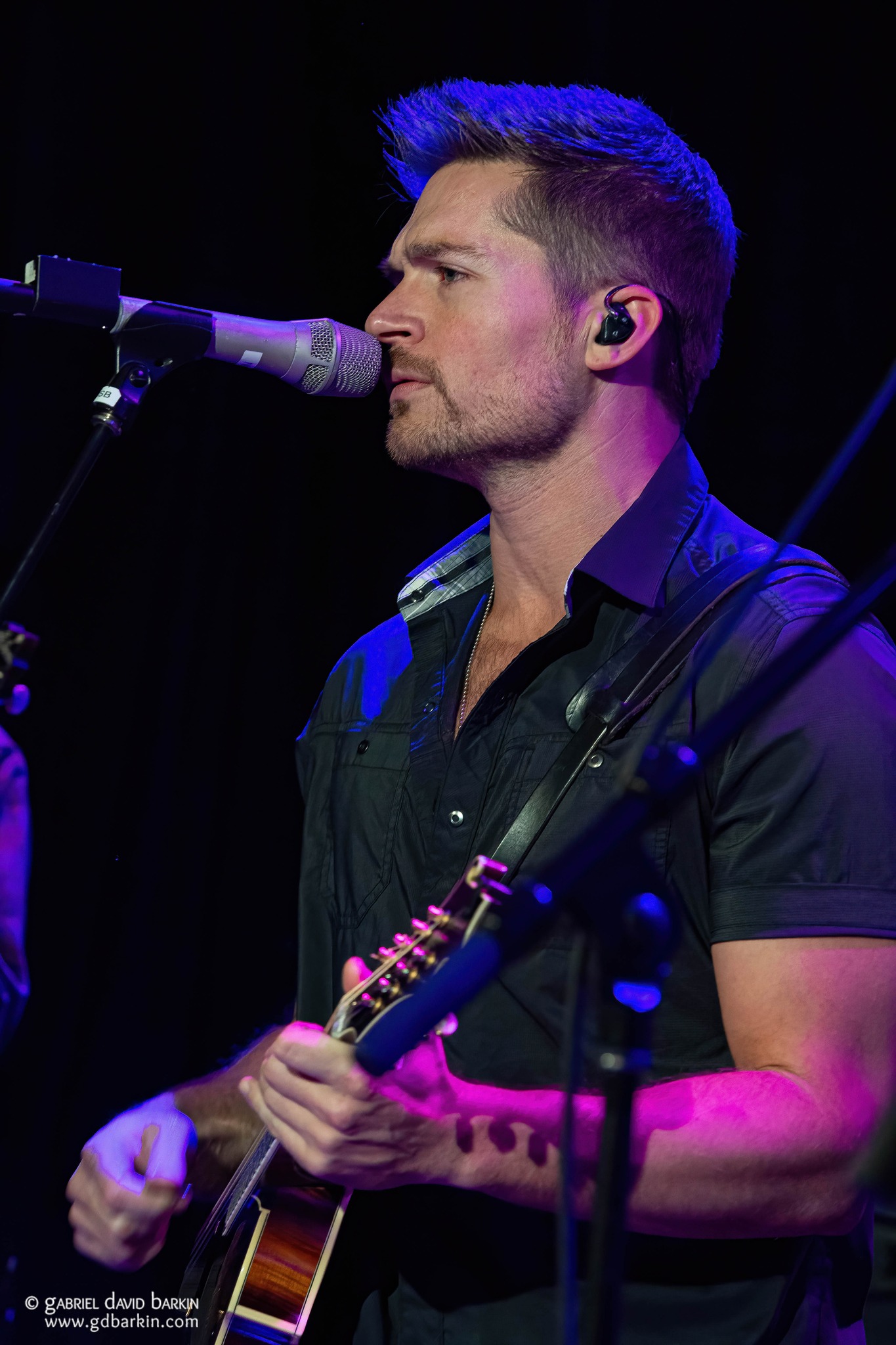
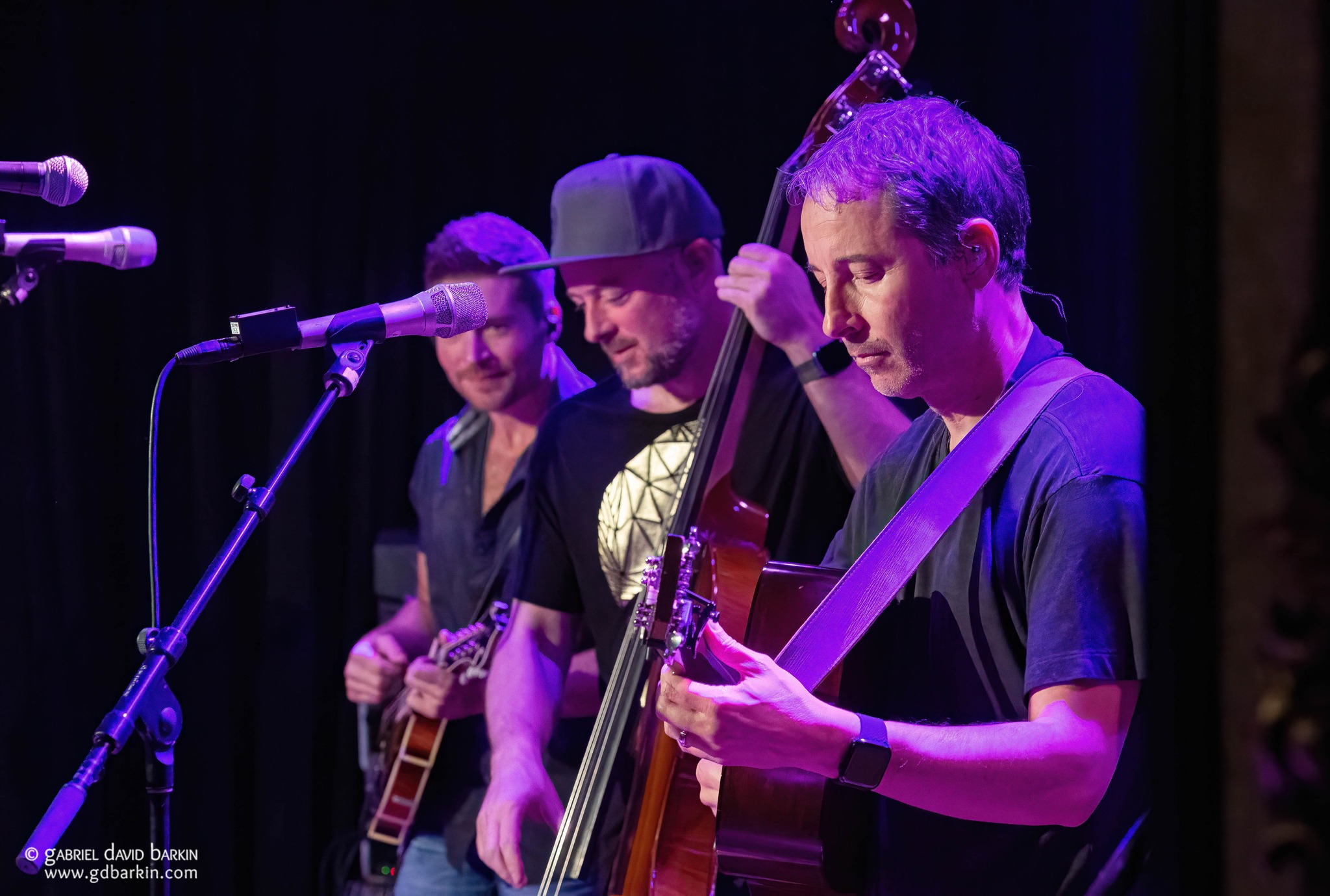
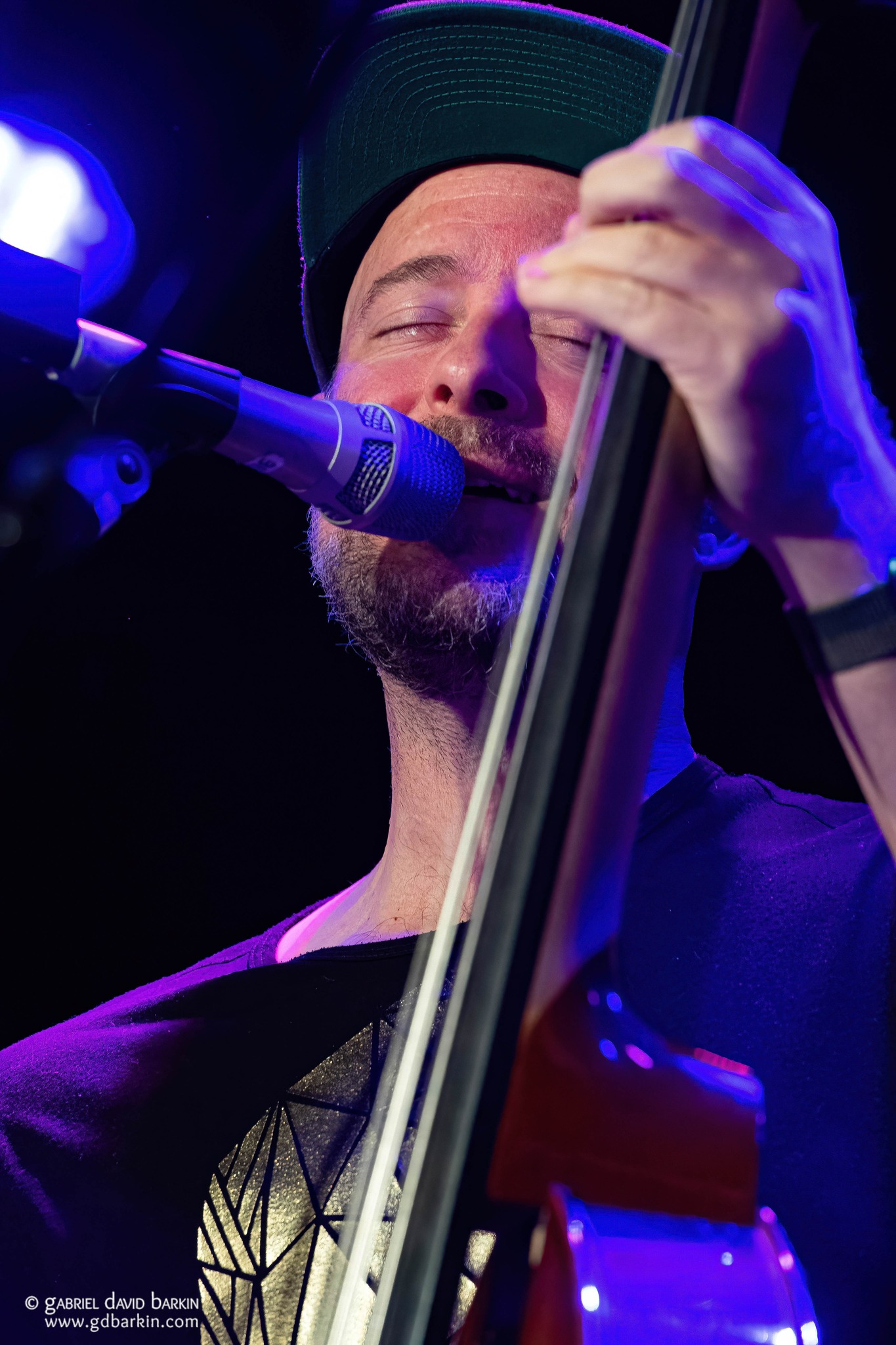
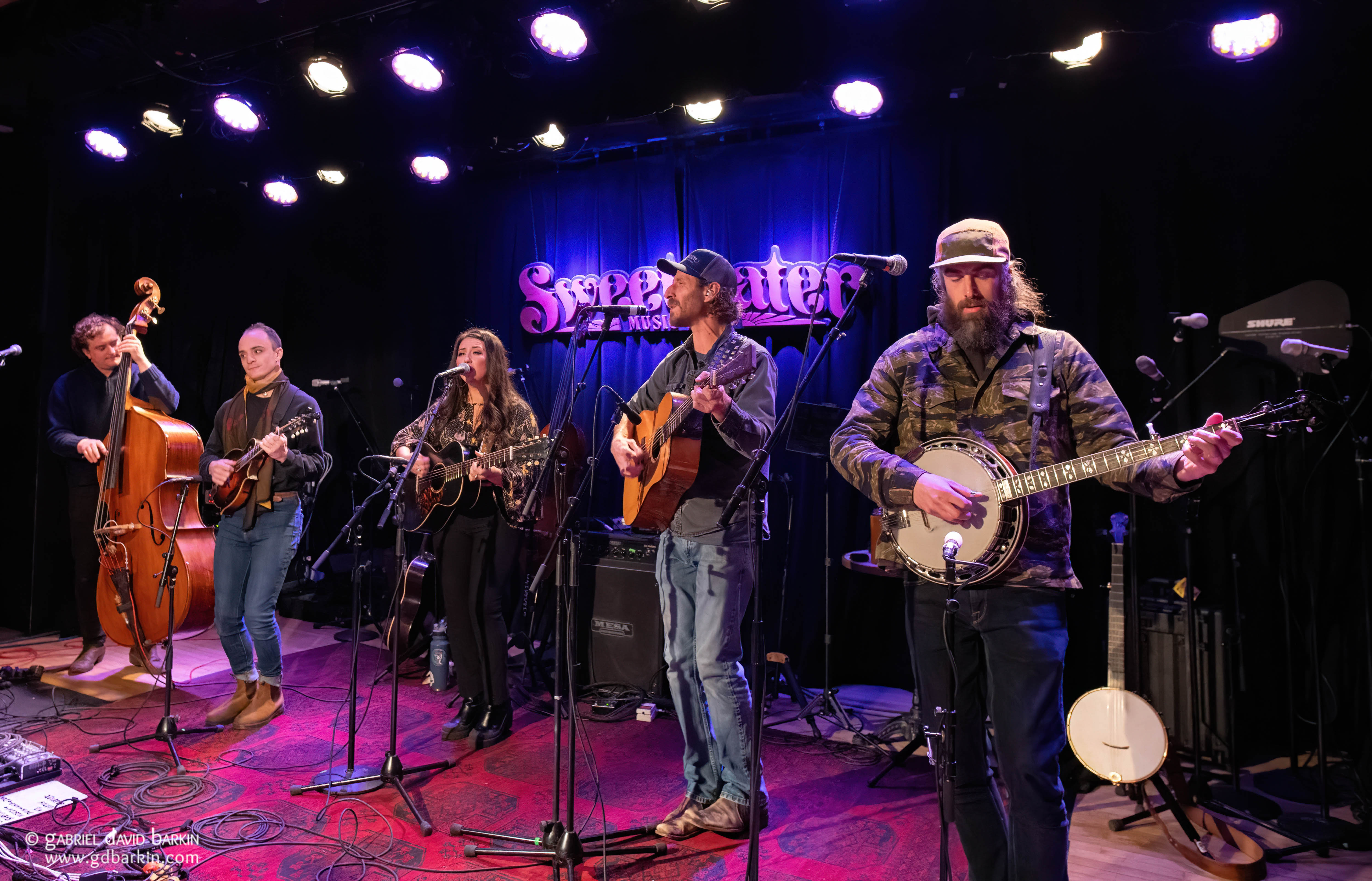
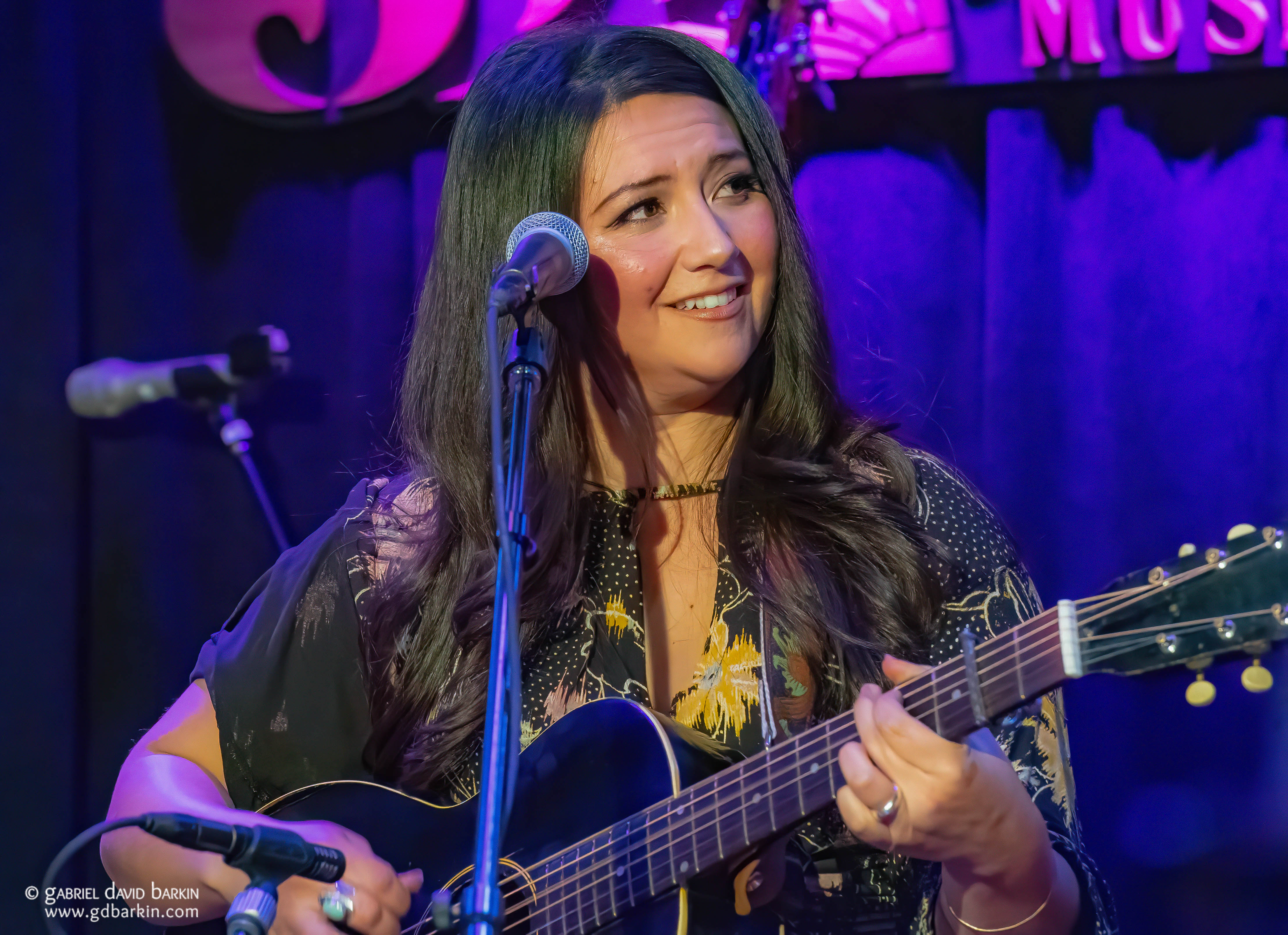
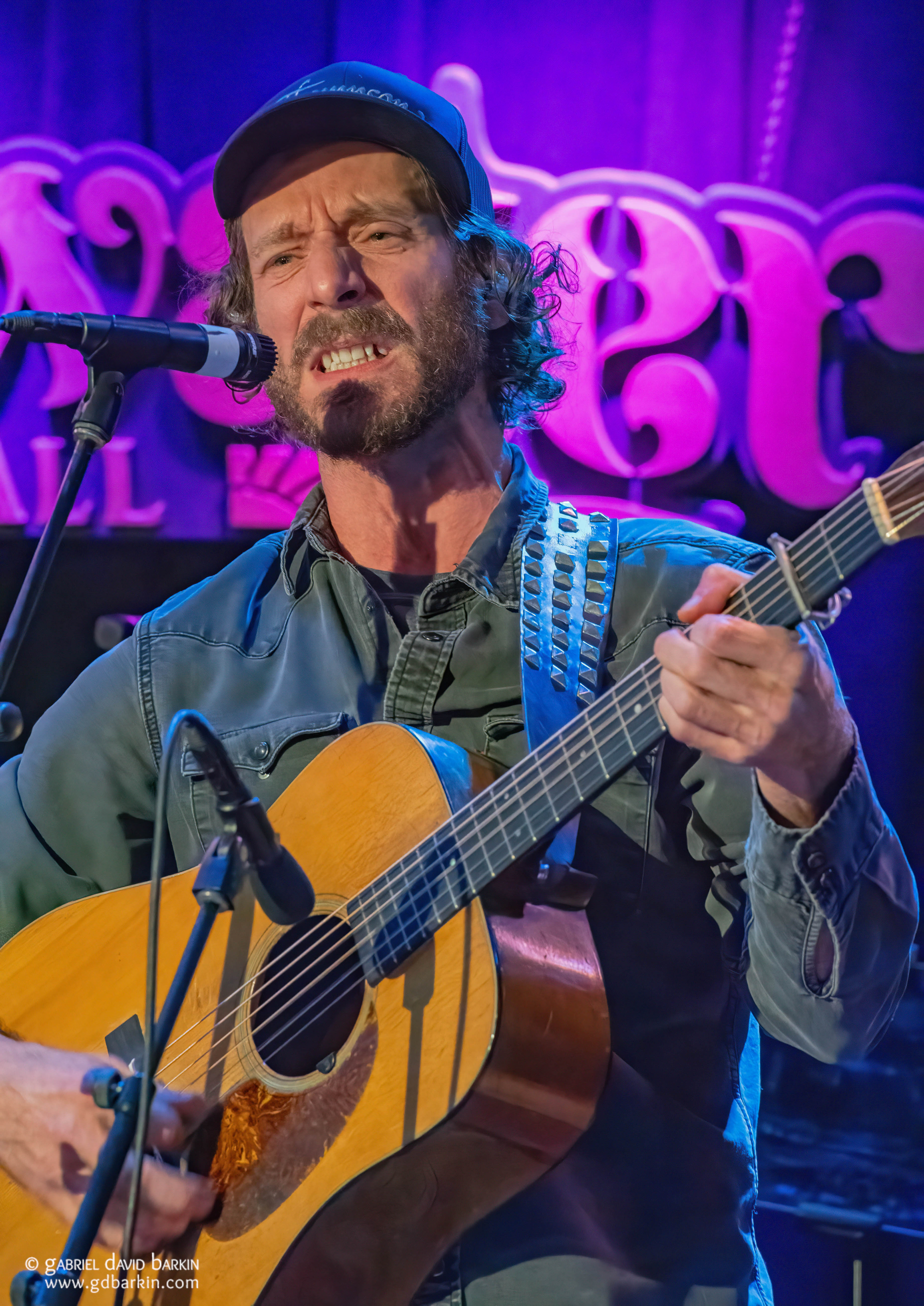
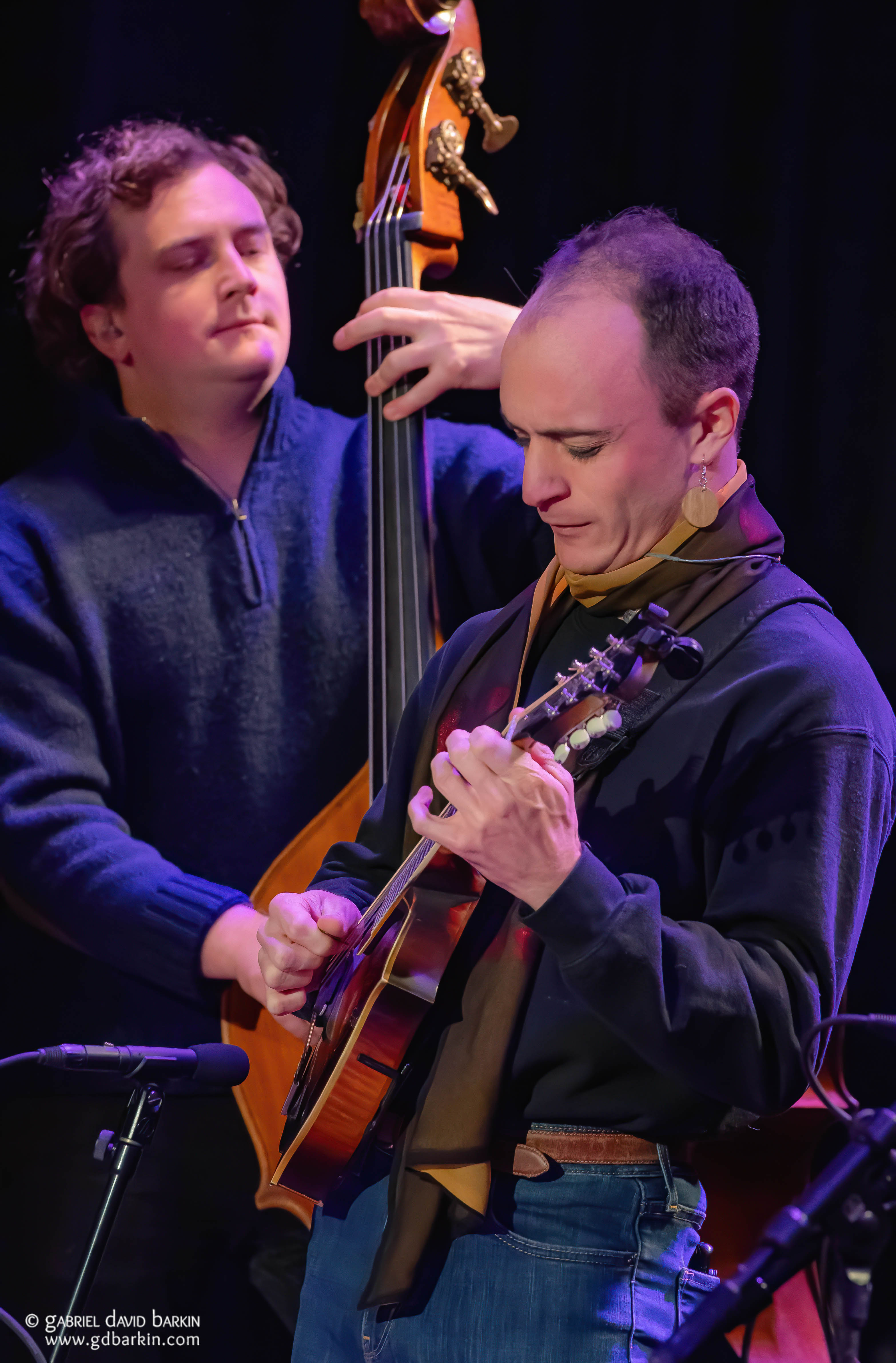
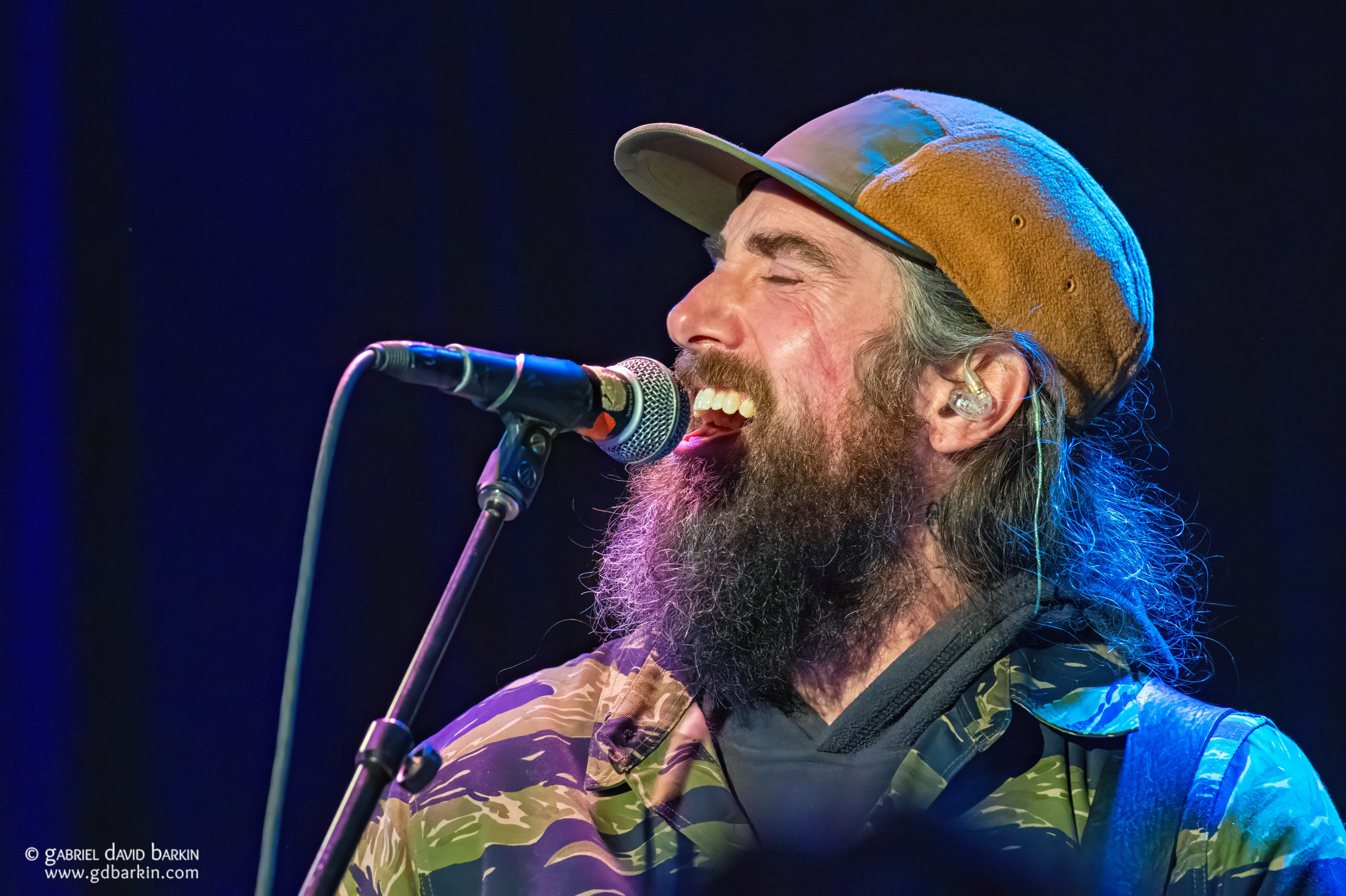
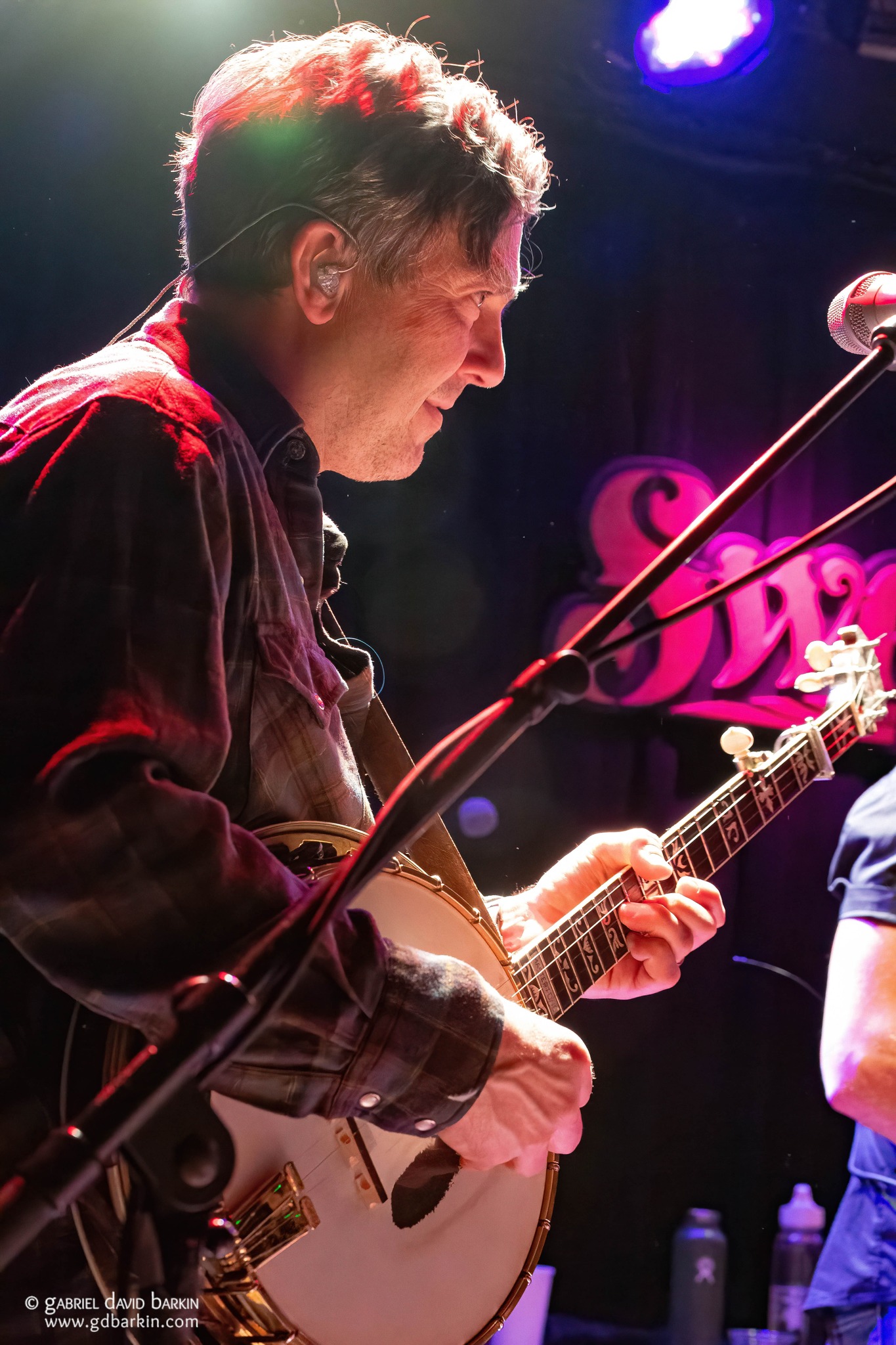
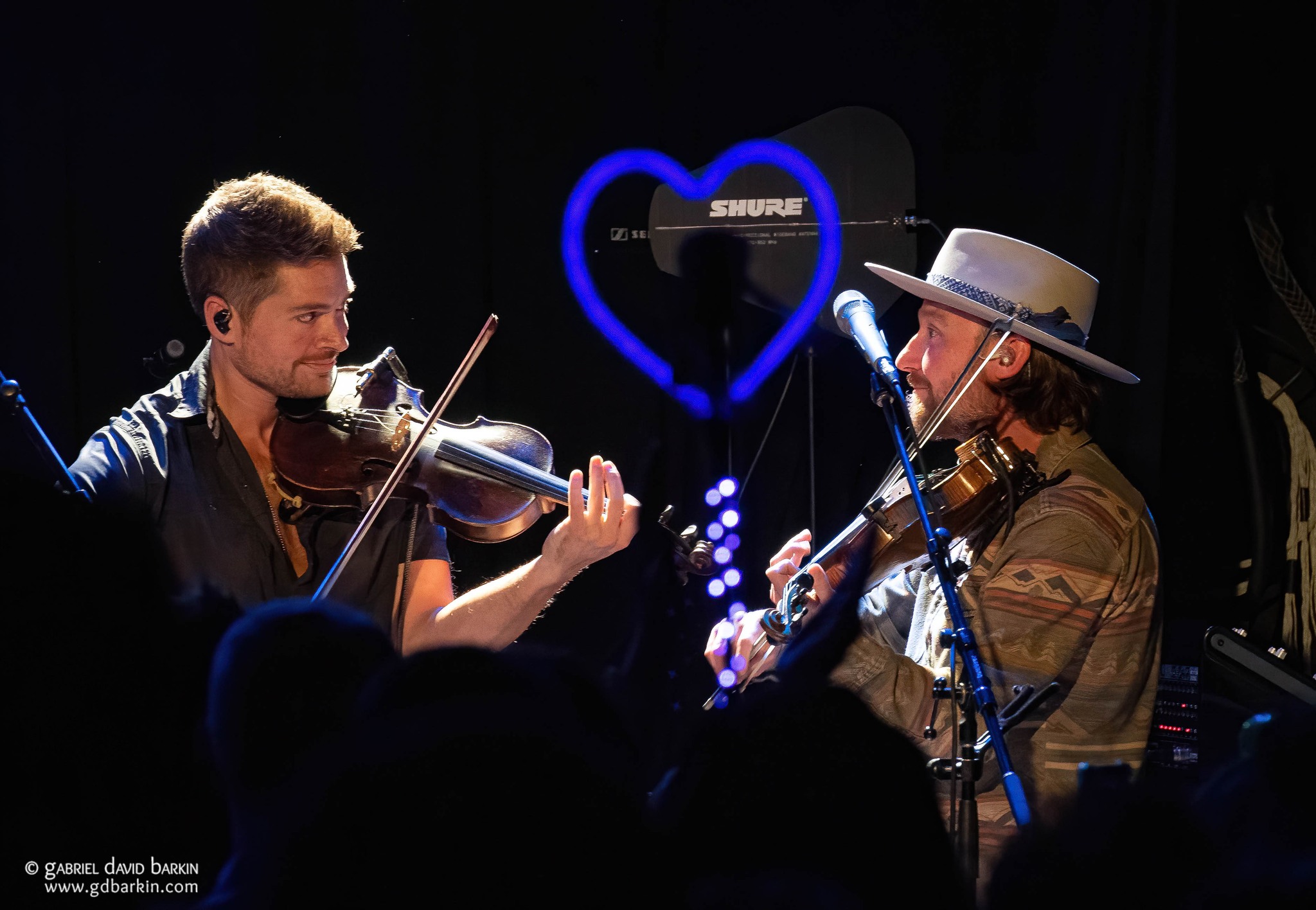
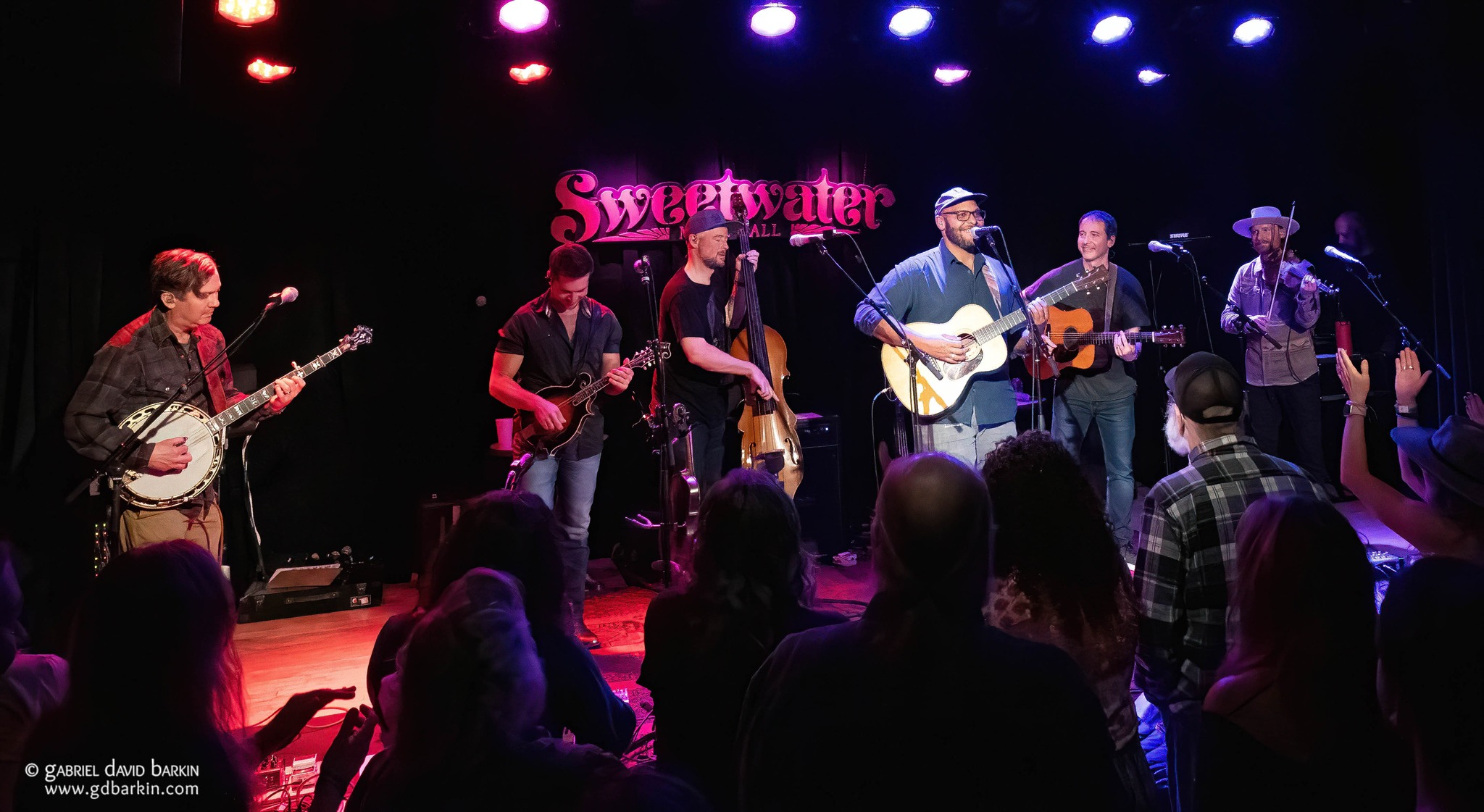
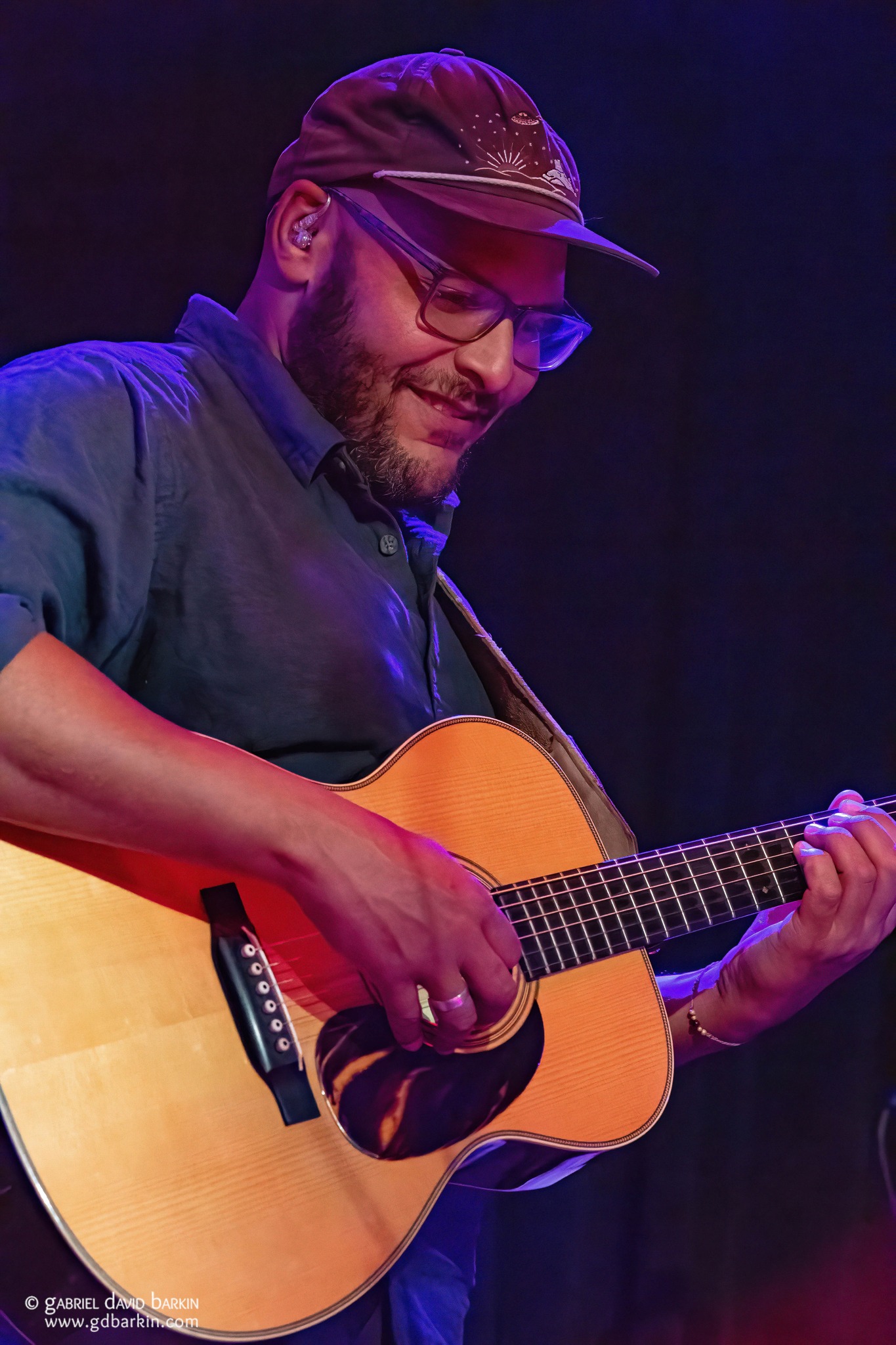
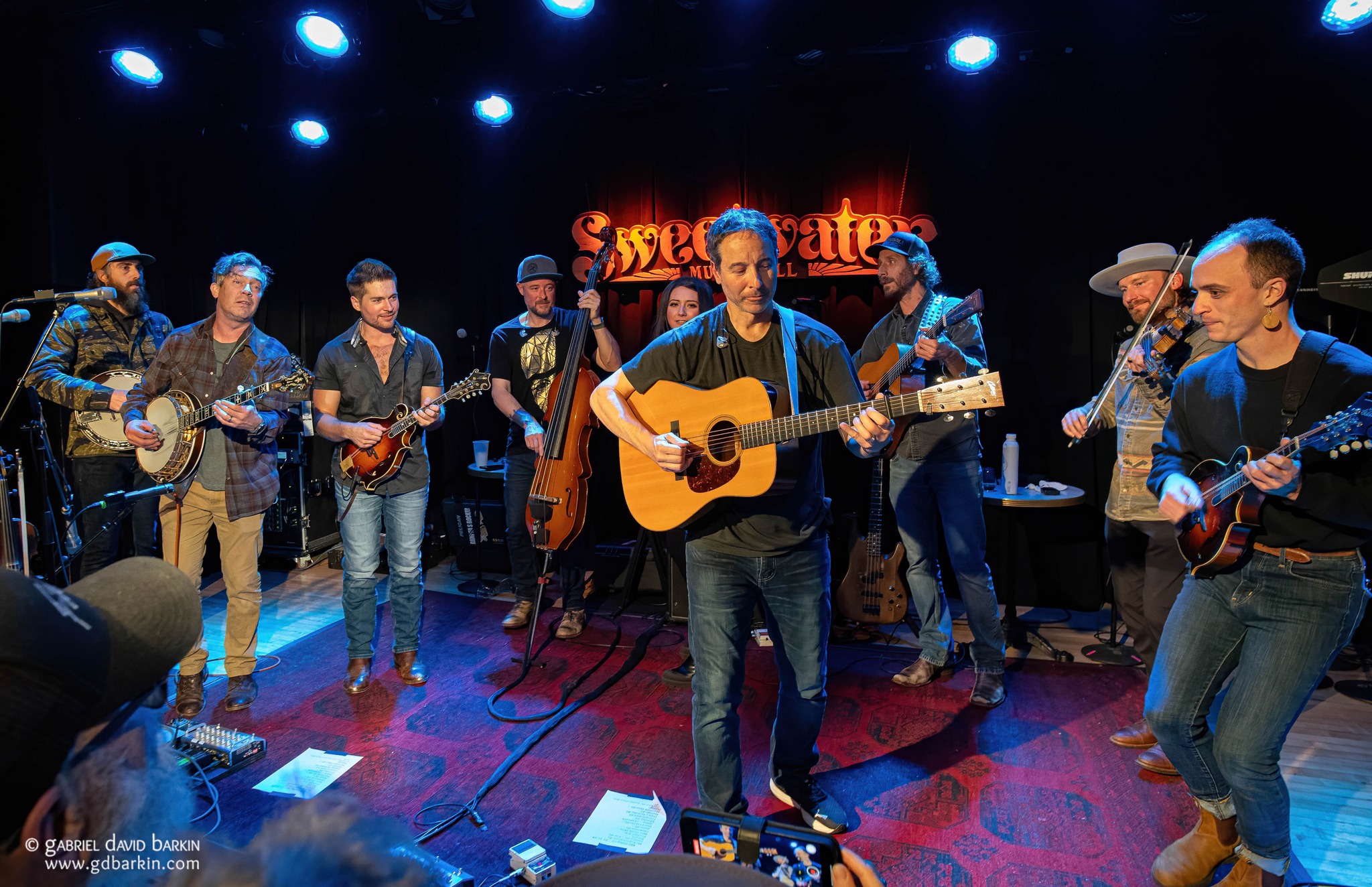
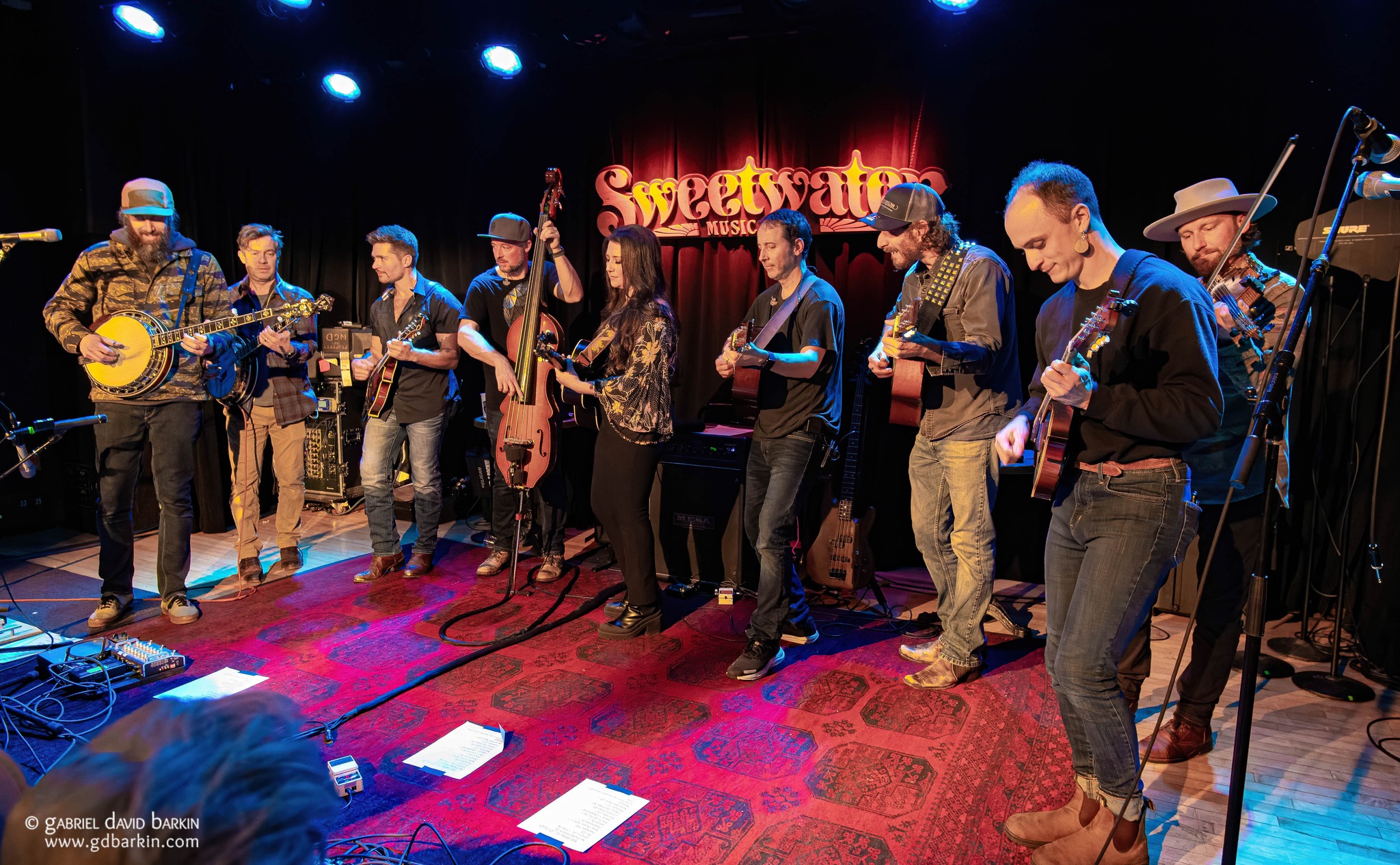
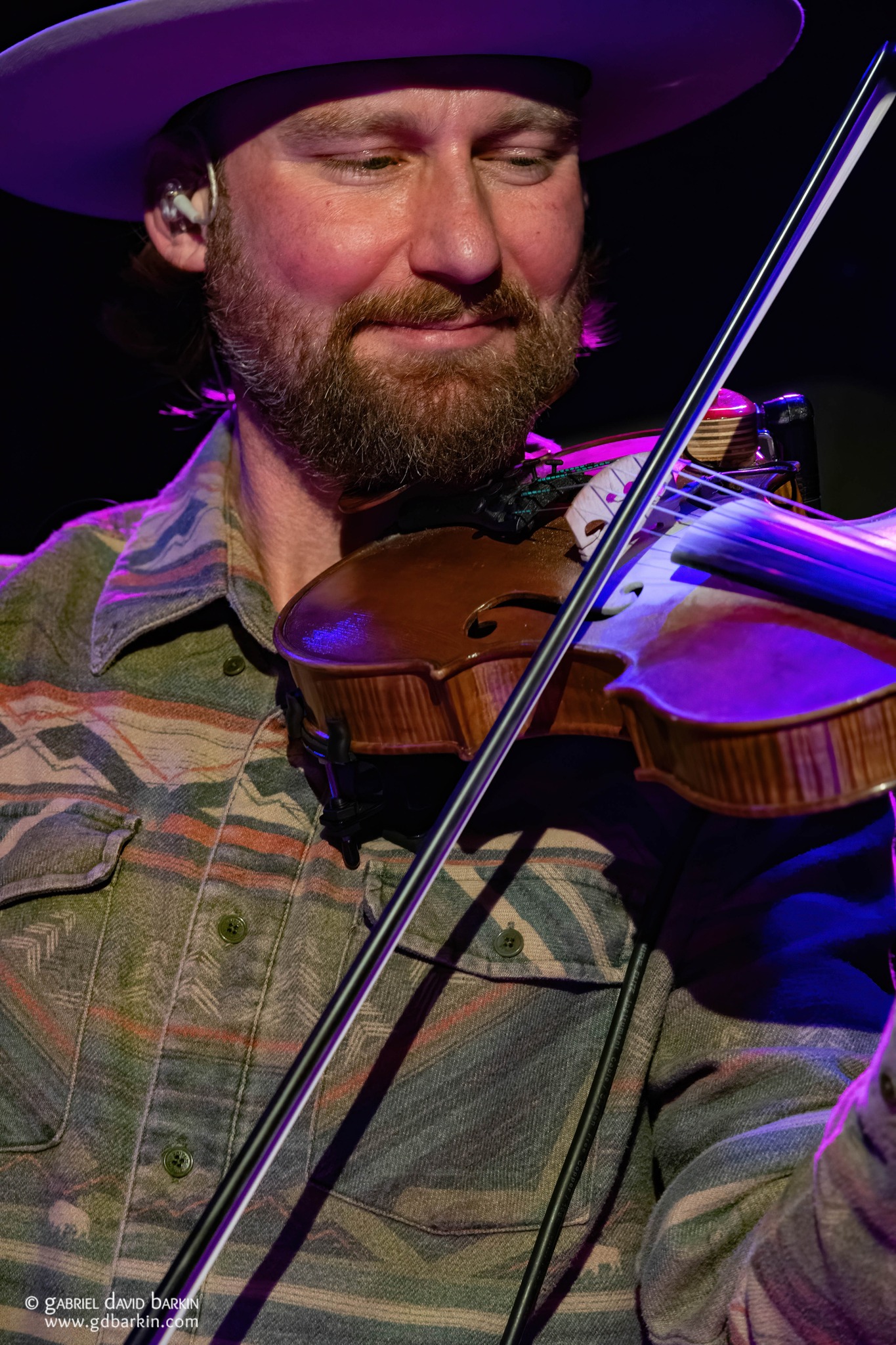
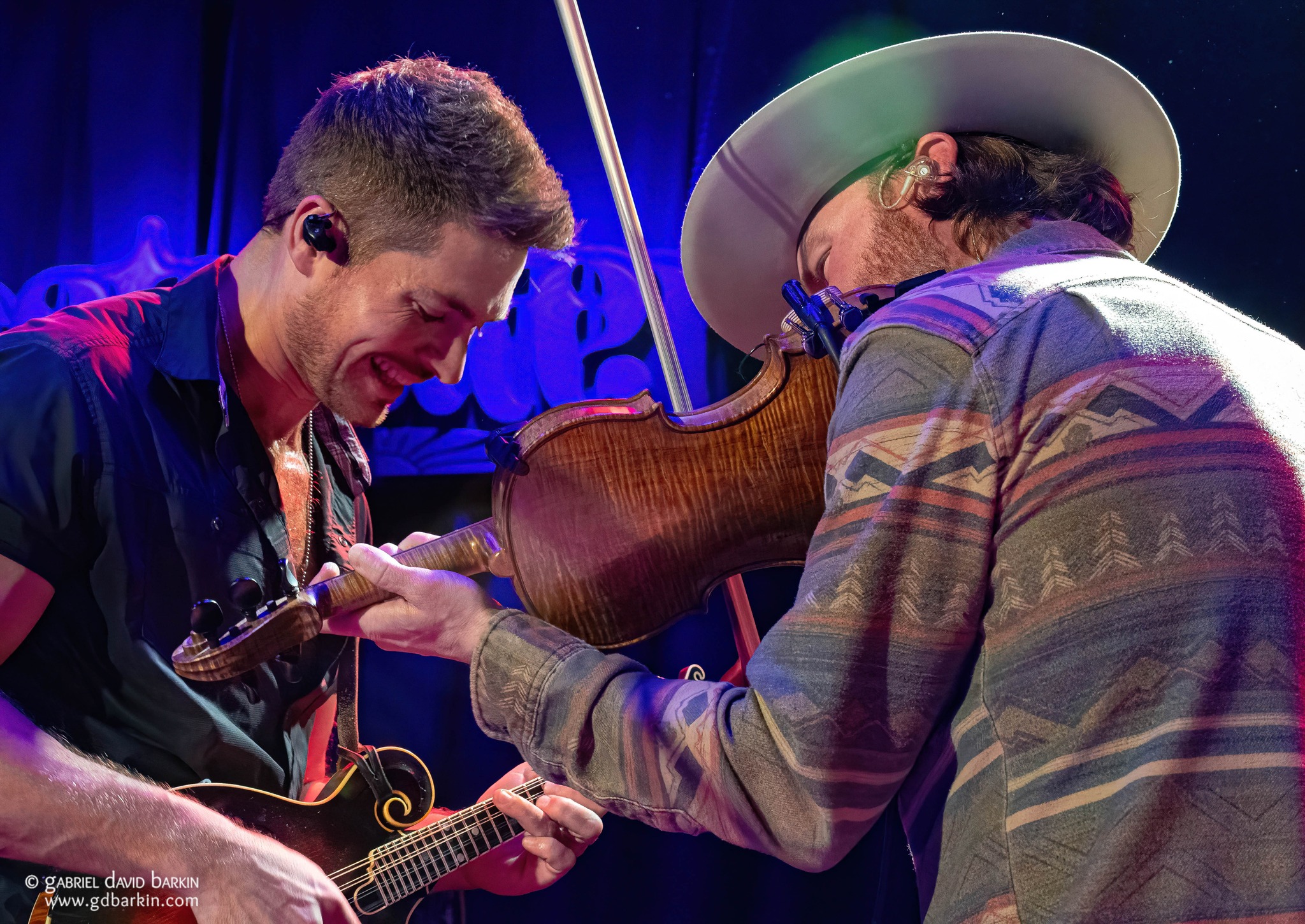
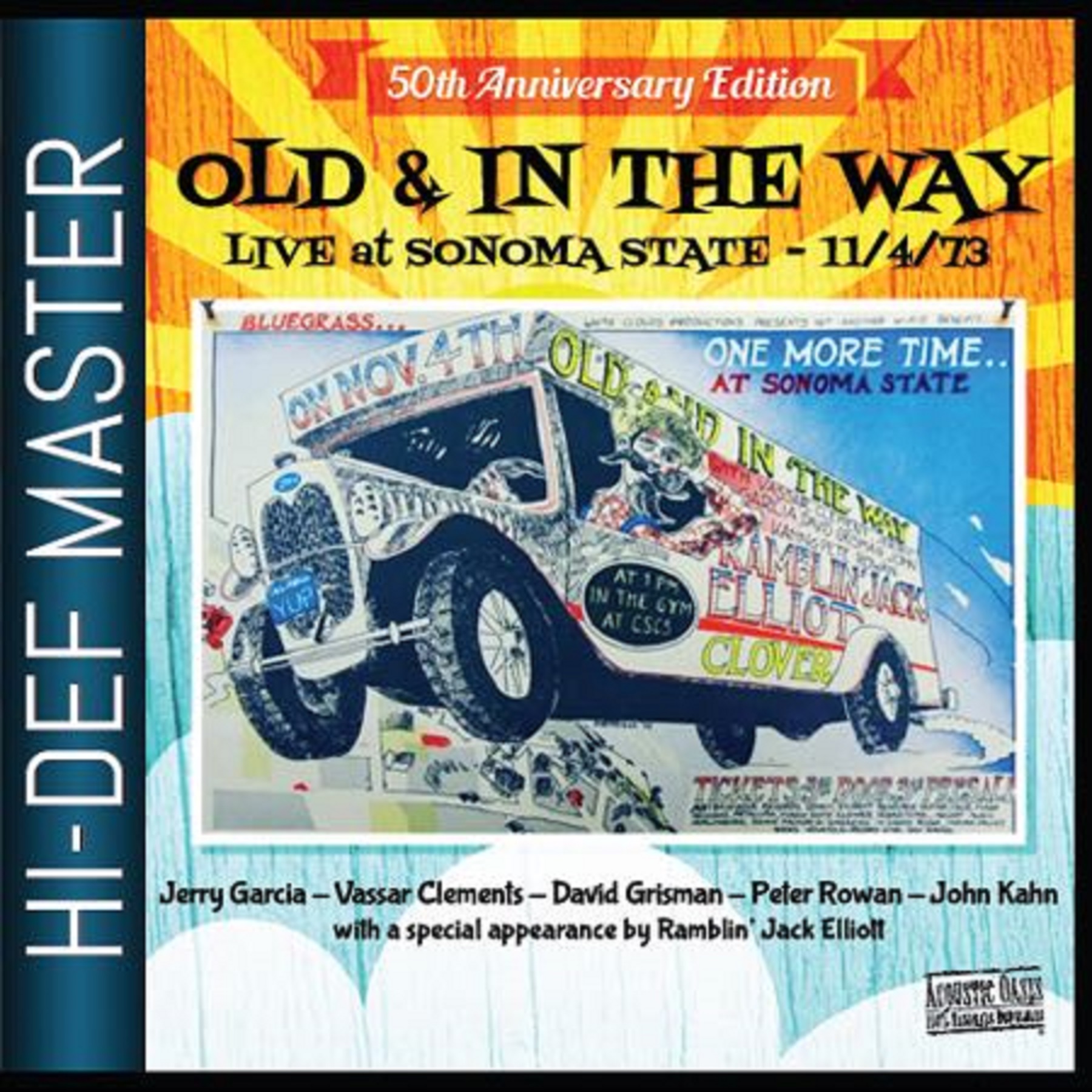
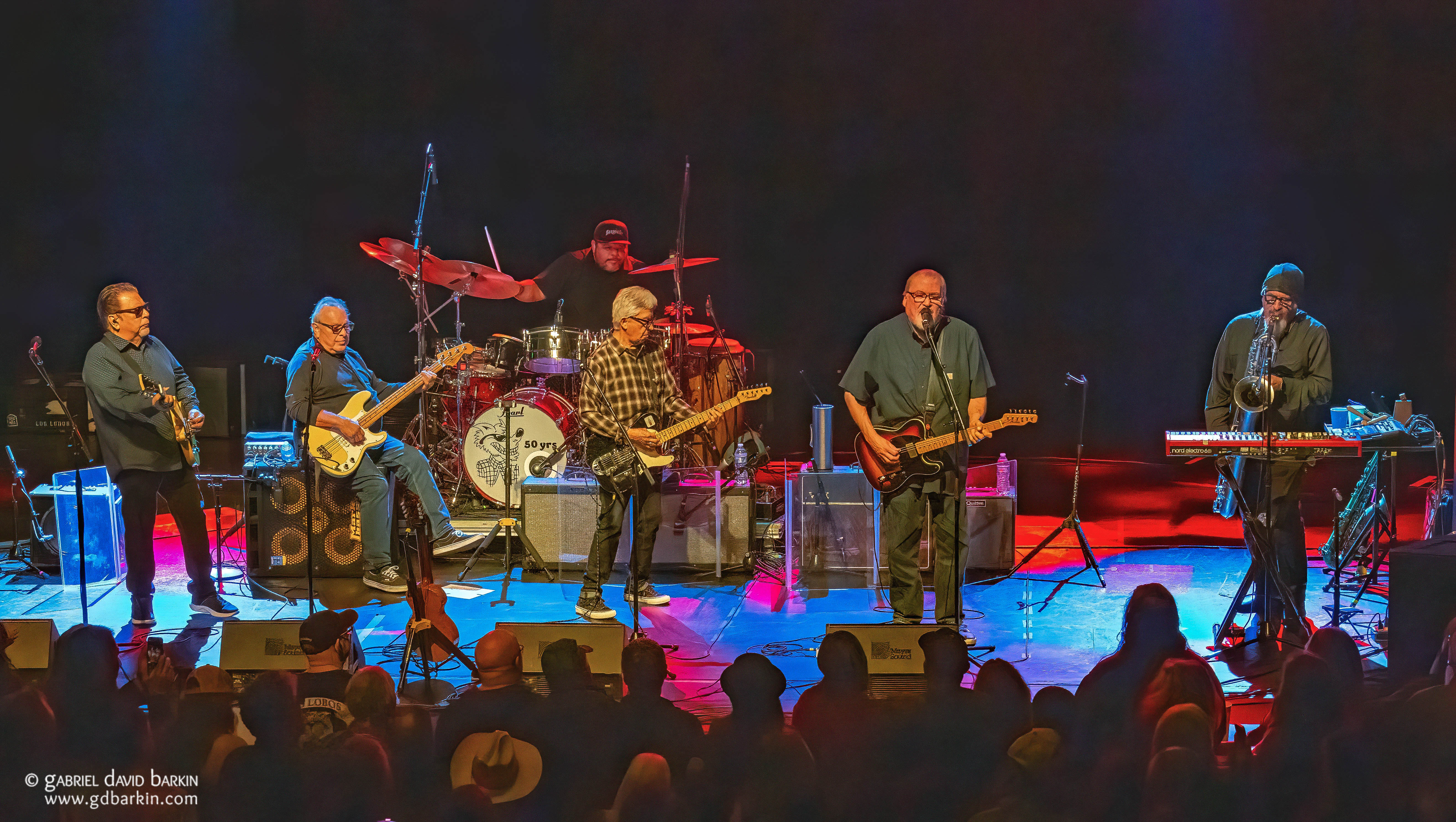
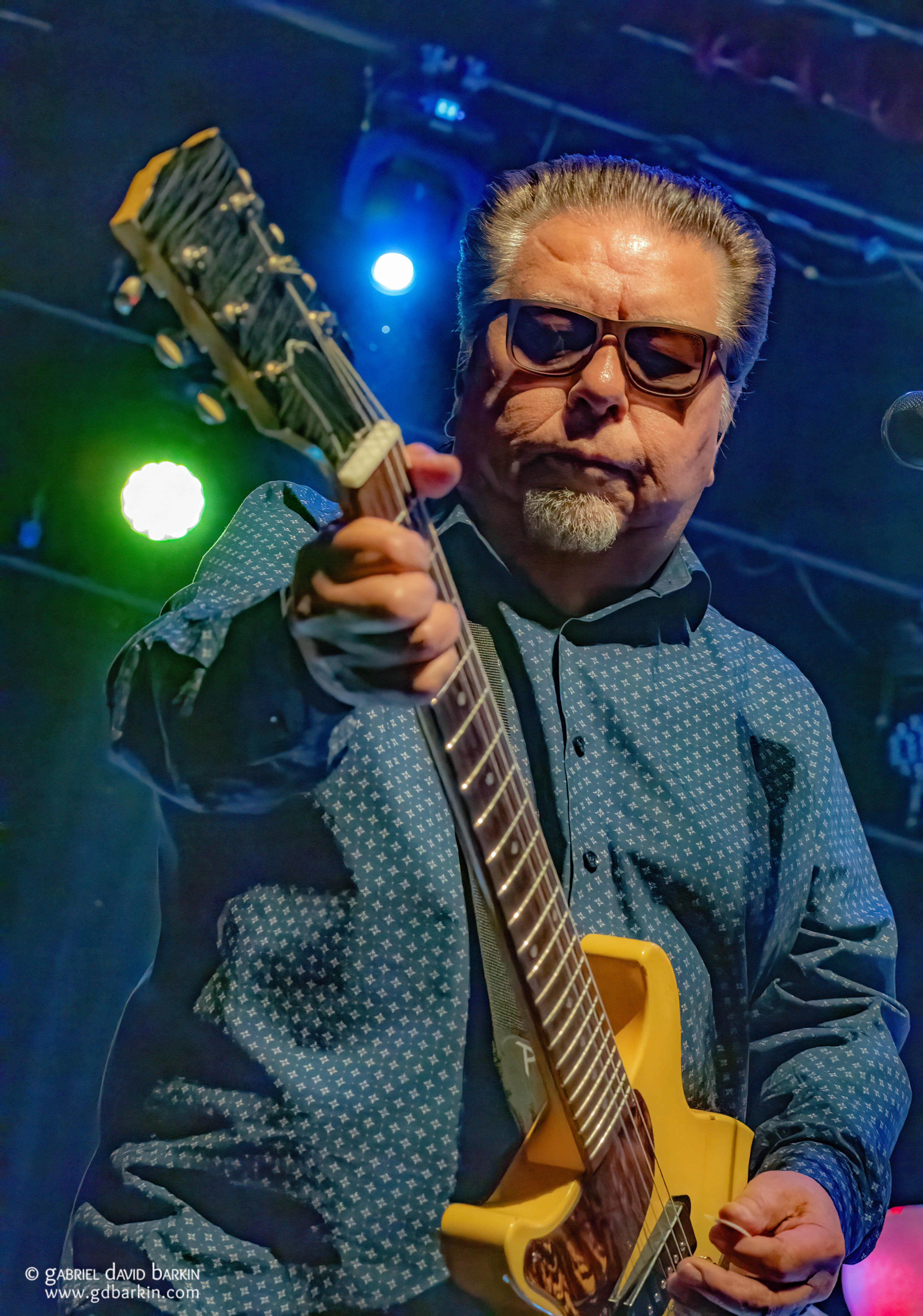
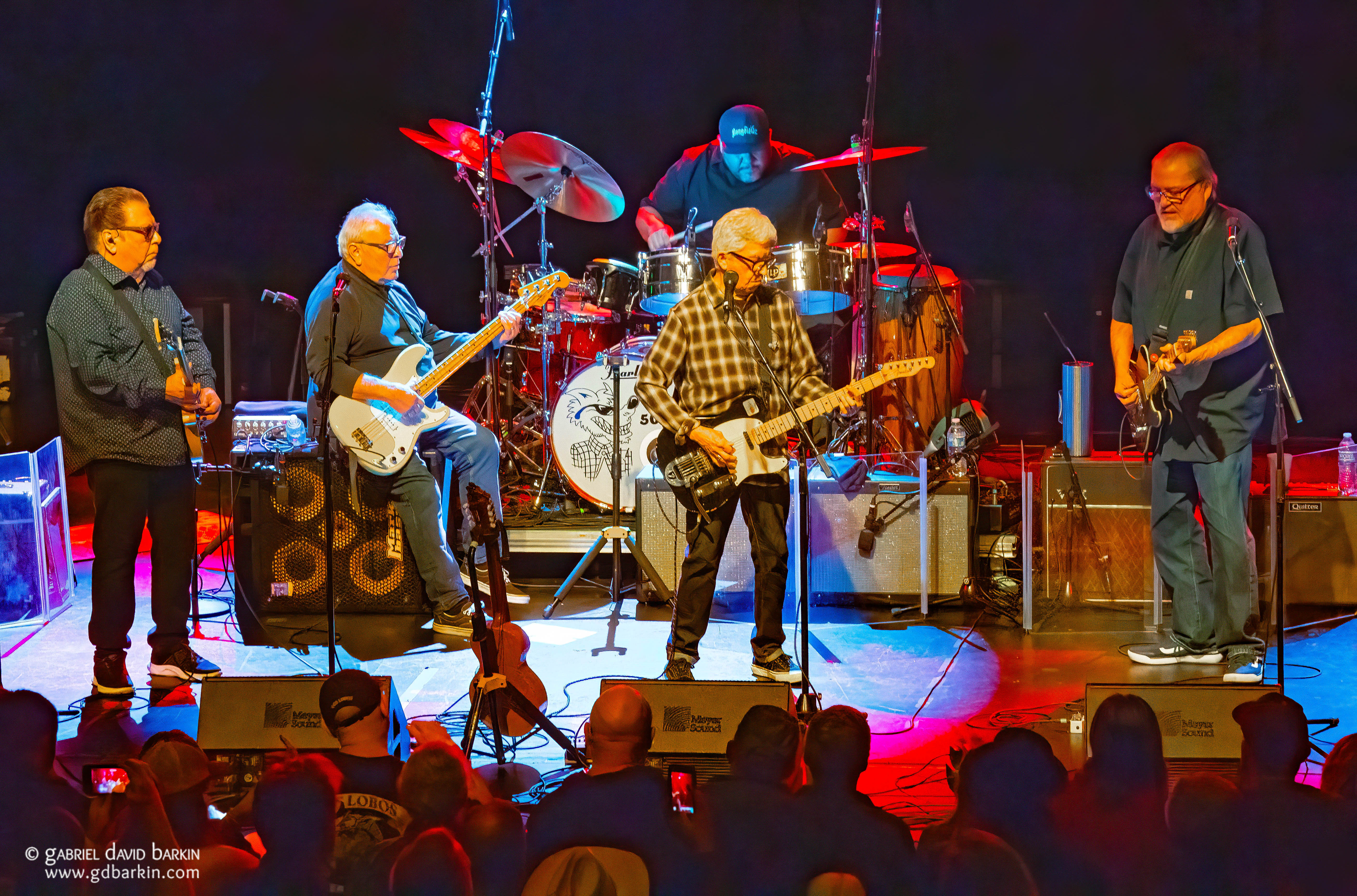
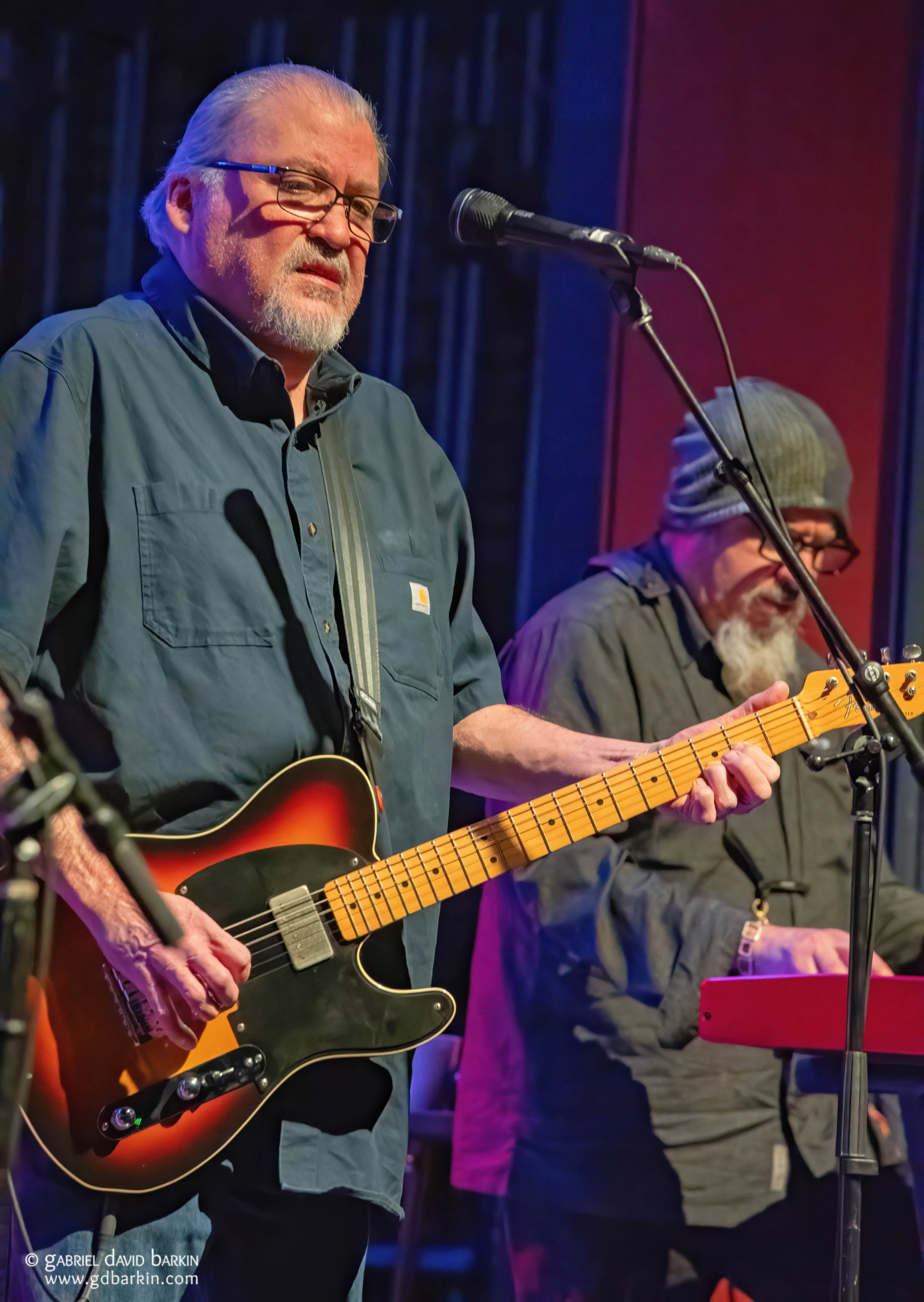
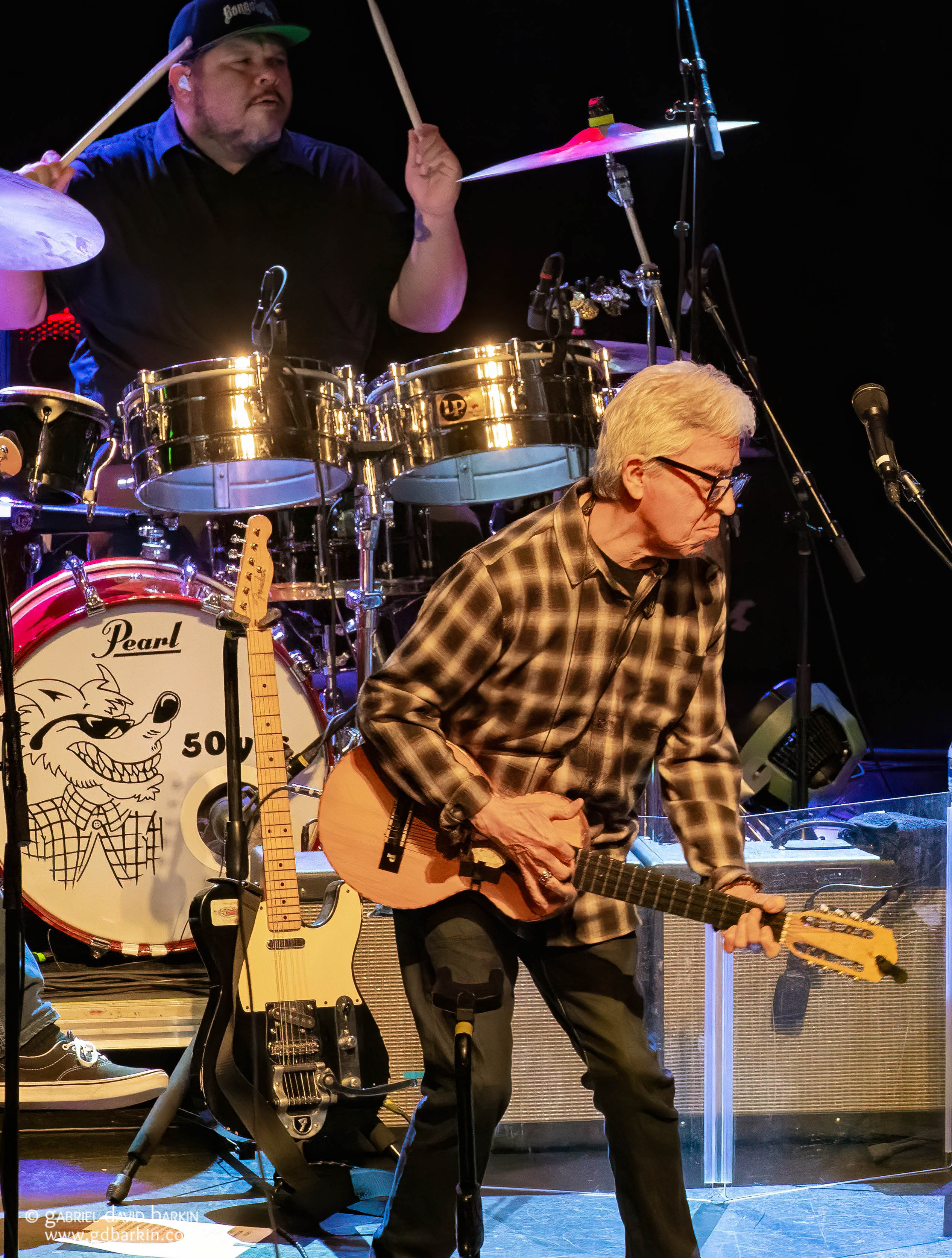

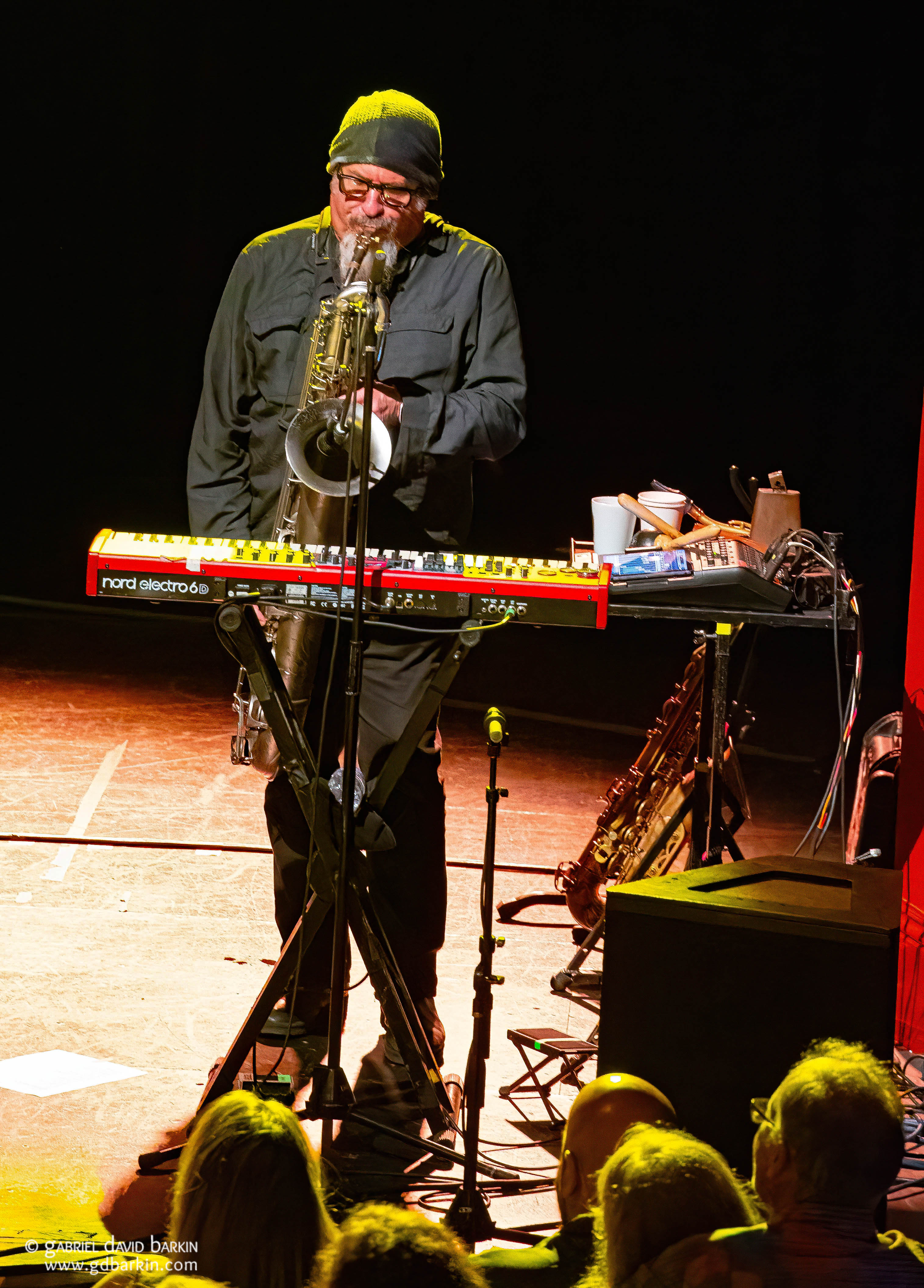
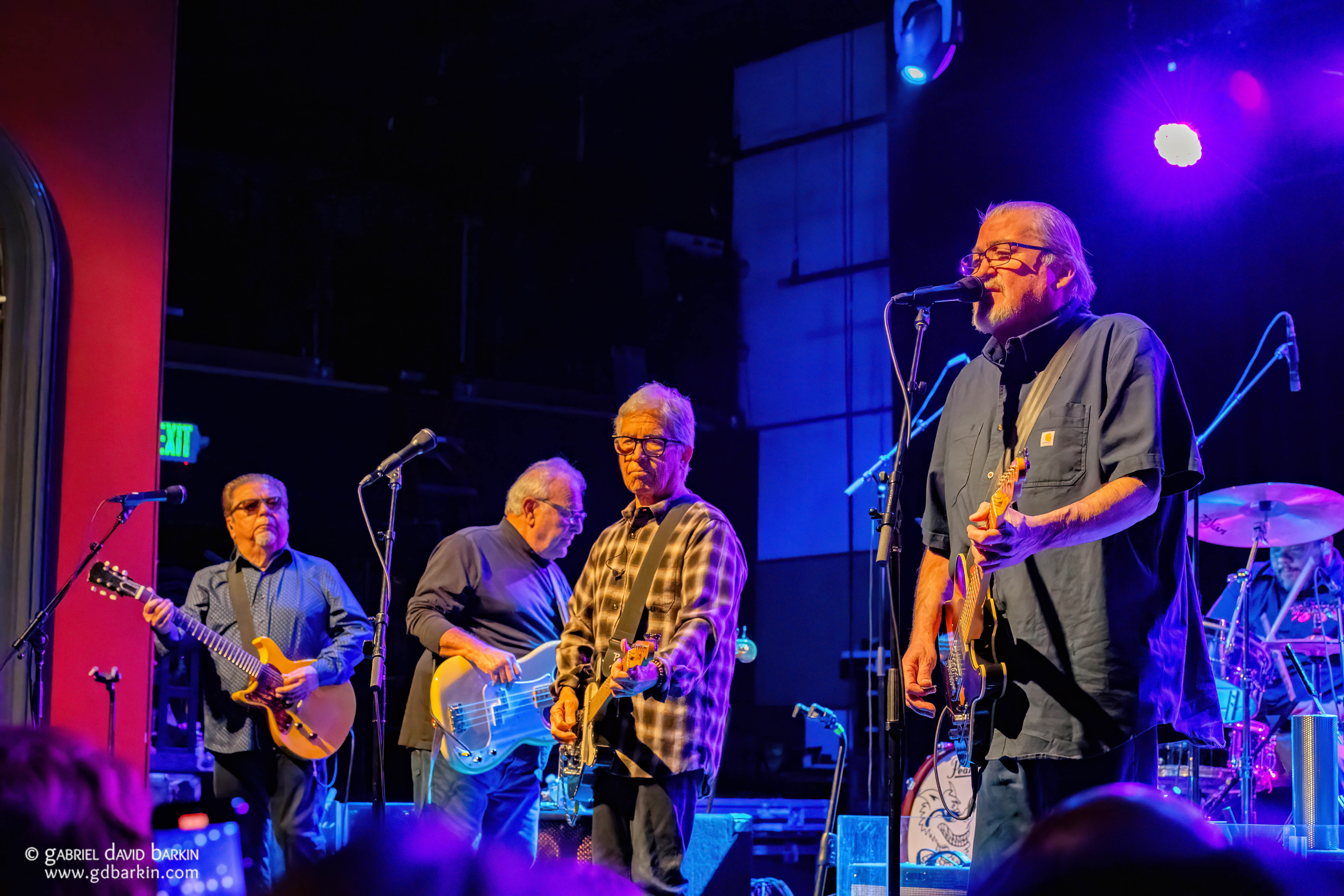
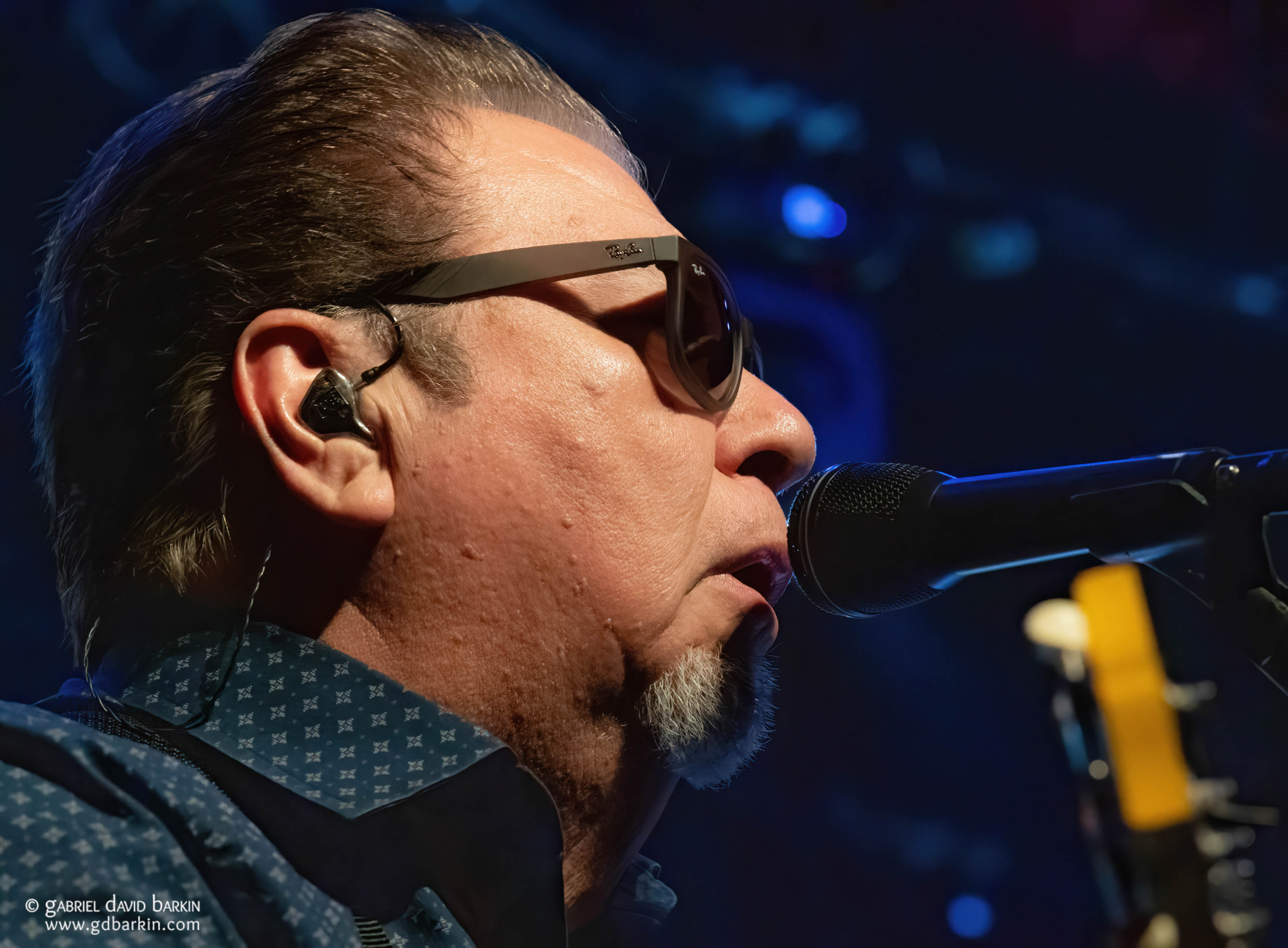
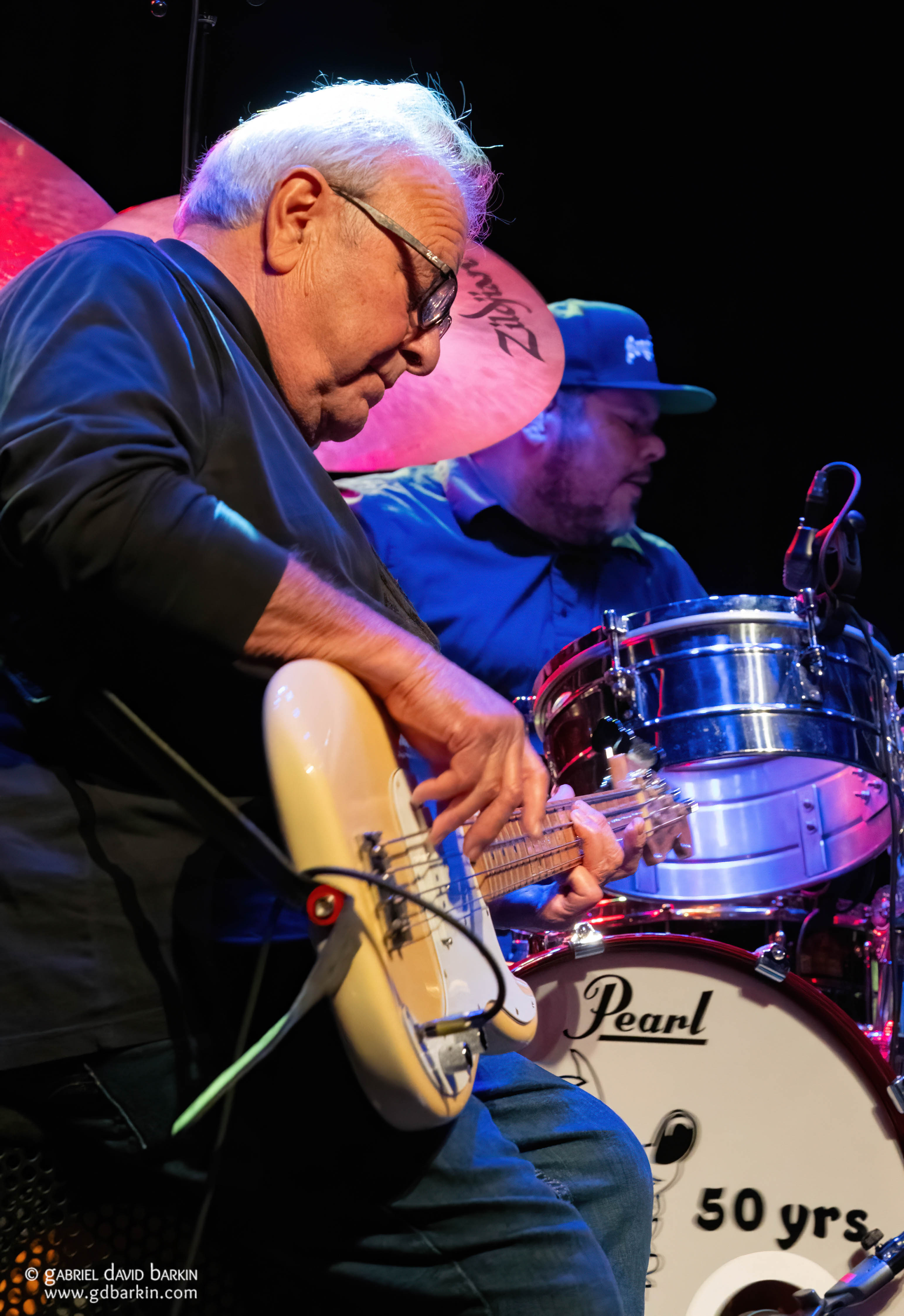

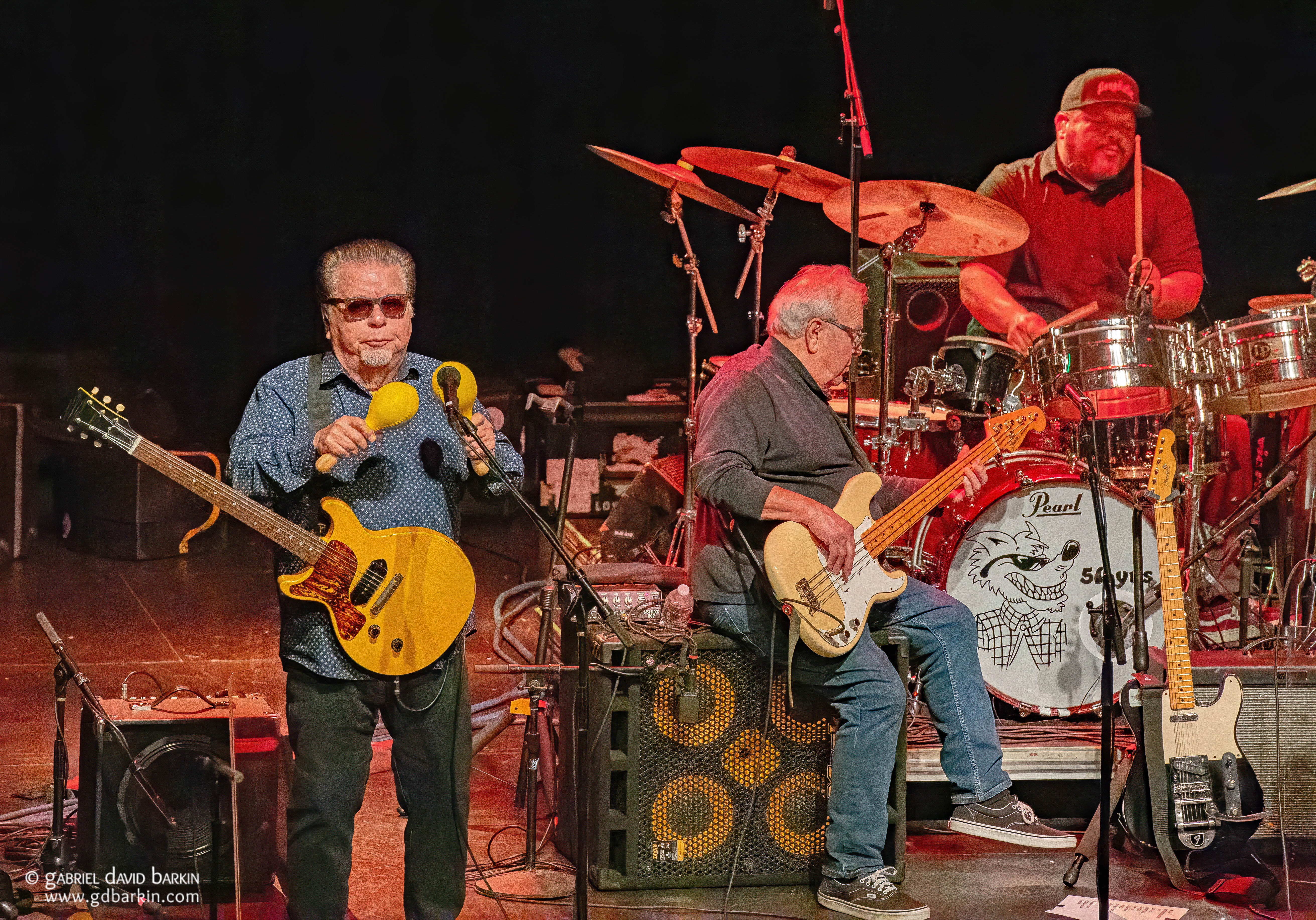
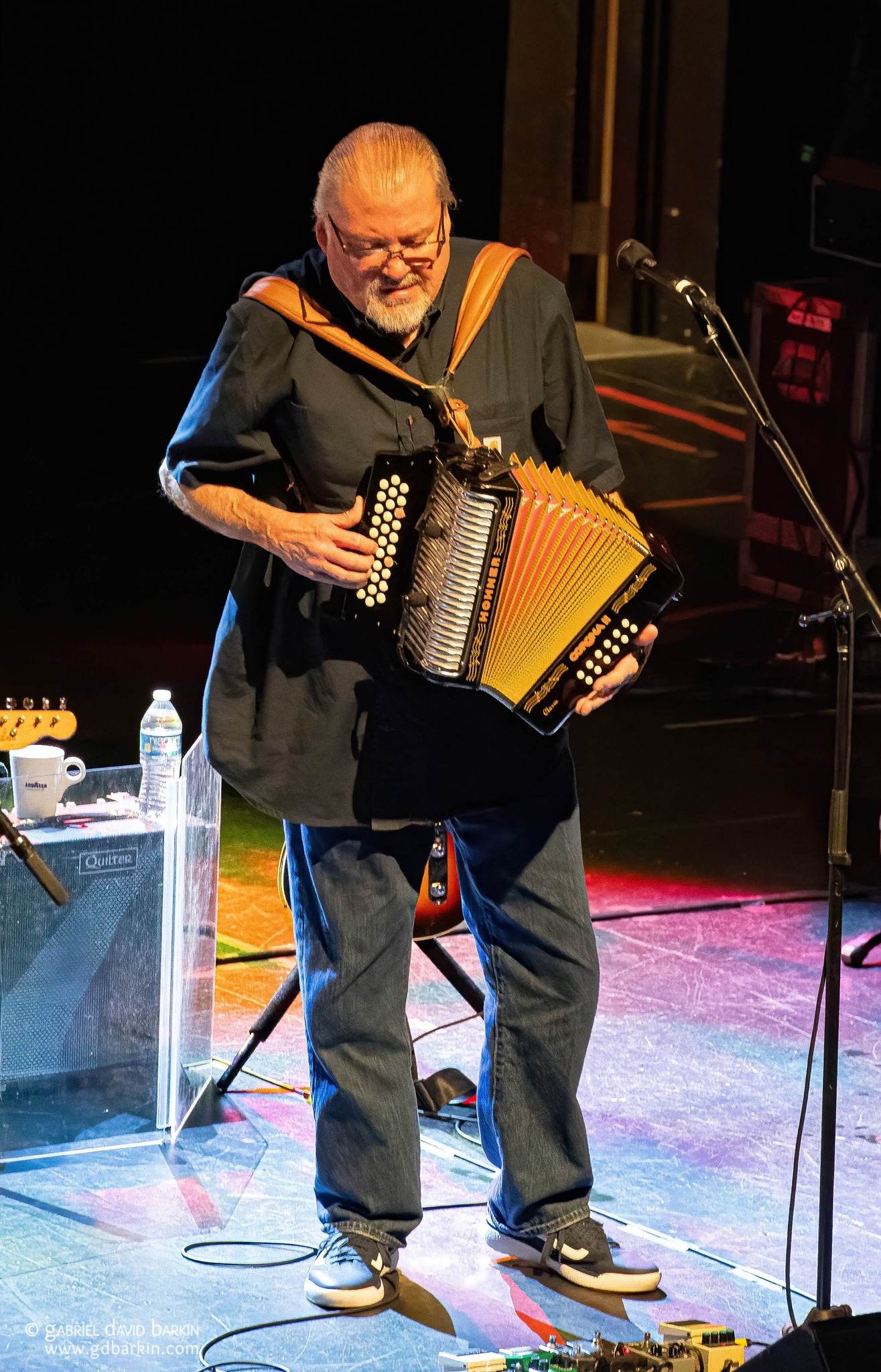
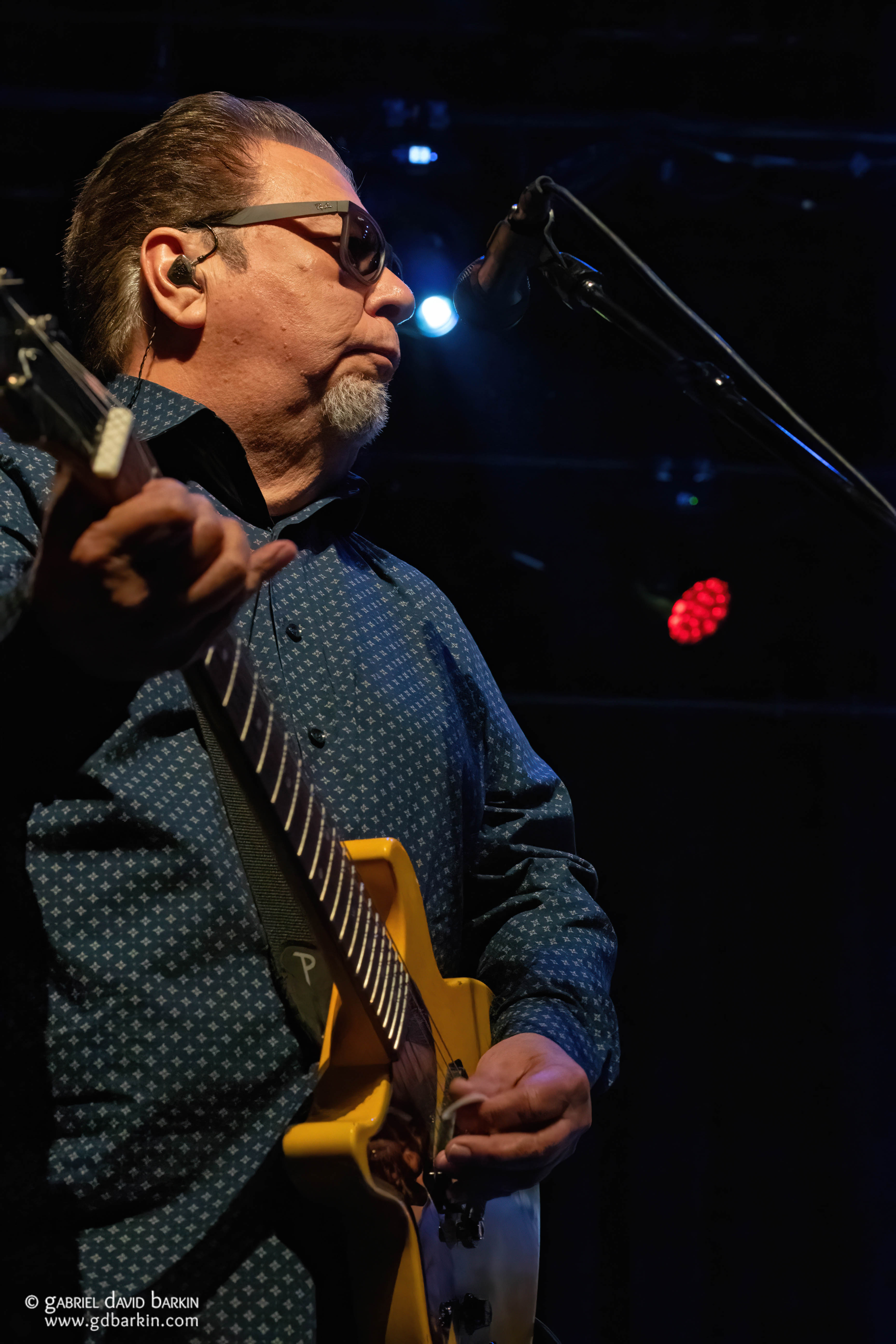
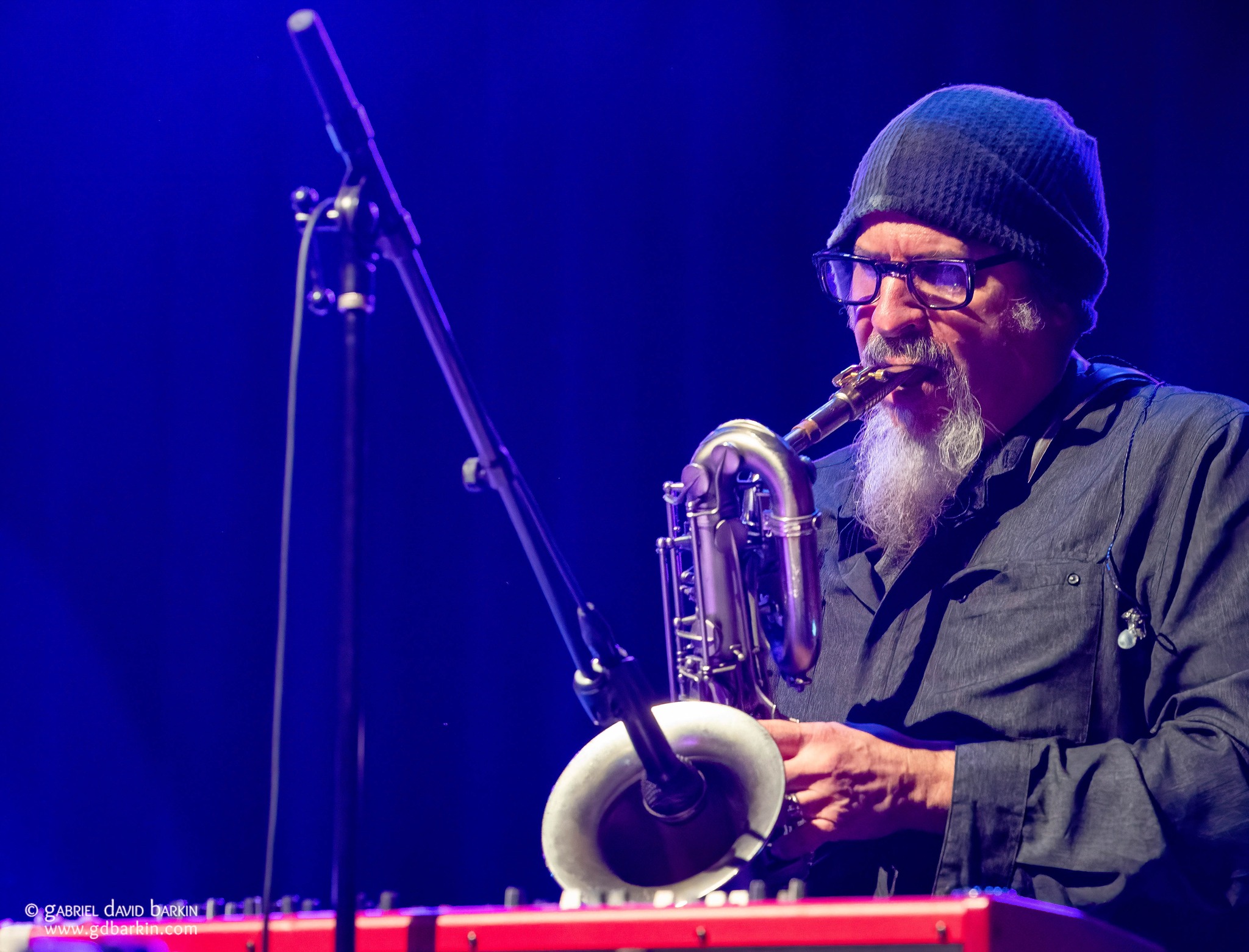
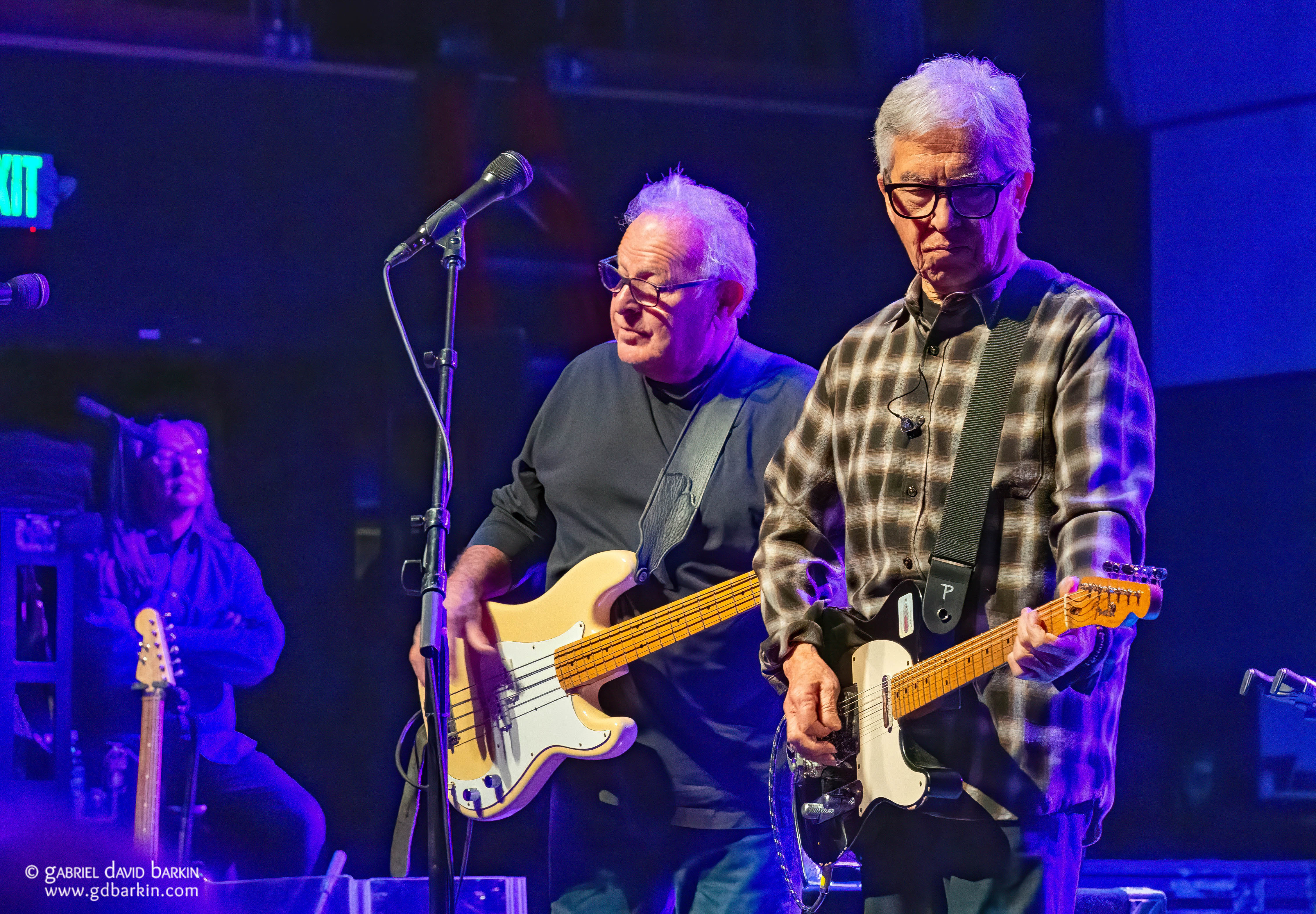
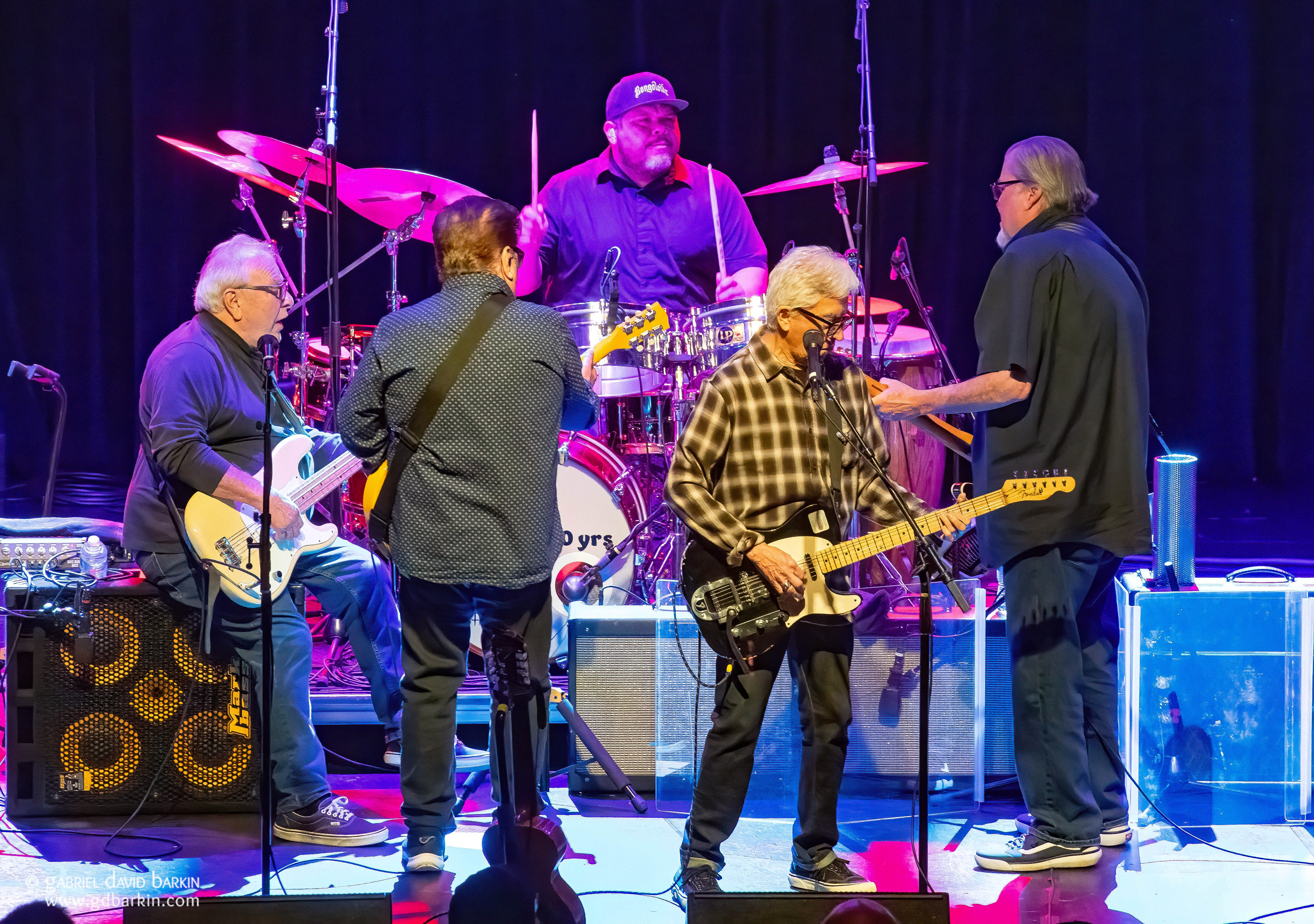
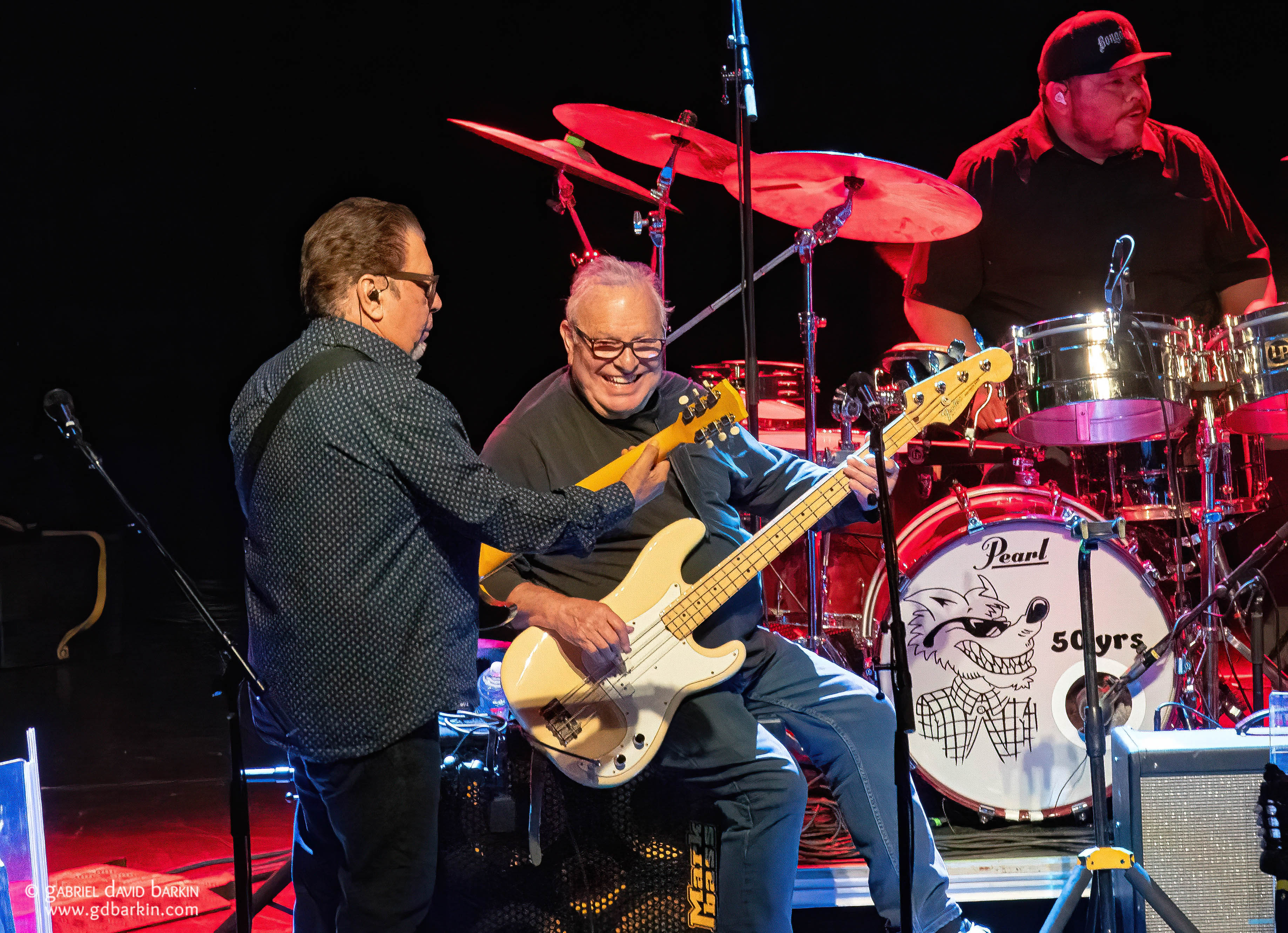
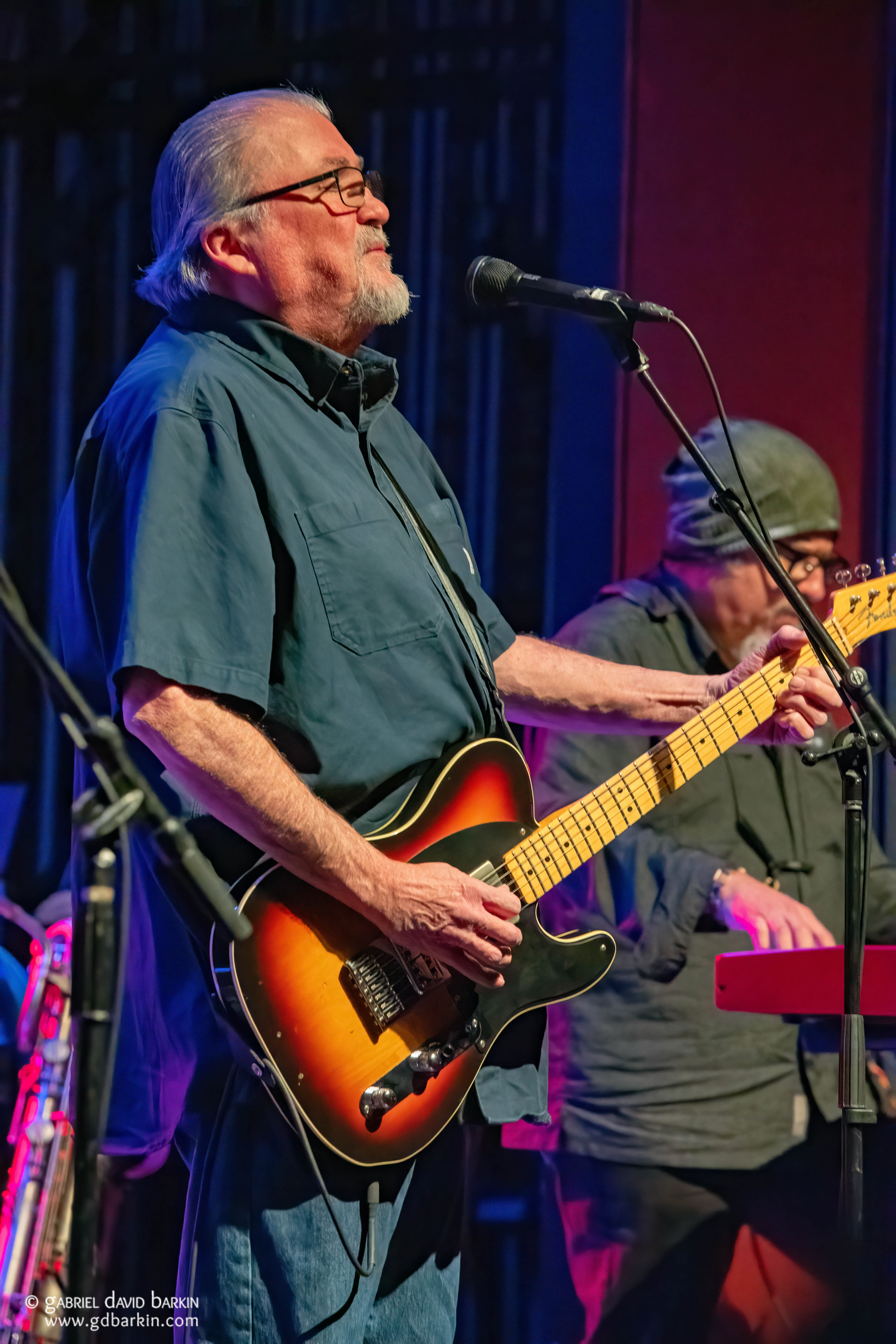 Do they have another decade in them? How long will the wolf survive? All we know is they are still running, still kicking butts, and as deserving as ever of accolades for being a rock and roll treasure. And that’s something worth talking about.
Do they have another decade in them? How long will the wolf survive? All we know is they are still running, still kicking butts, and as deserving as ever of accolades for being a rock and roll treasure. And that’s something worth talking about.